
Db2 12 for z/OS
Application Programming and SQL Guide
Last updated: 2024-07-30
IBM
SC27-8845-02

Notes
Before using this information and the product it supports, be sure to read the general information under
"Notices" at the end of this information.
Subsequent editions of this PDF will not be delivered in IBM Publications Center. Always download the
latest edition from IBM Documentation.
2024-07-30 edition
This edition applies to Db2
®
12 for z/OS
®
(product number 5650-DB2), Db2 12 for z/OS Value Unit Edition (product
number 5770-AF3), and to any subsequent releases until otherwise indicated in new editions. Make sure you are using
the correct edition for the level of the product.
Specic changes are indicated by a vertical bar to the left of a change. A vertical bar to the left of a gure caption
indicates that the gure has changed. Editorial changes that have no technical signicance are not noted.
©
Copyright International Business Machines Corporation 1983, 2022.
US Government Users Restricted Rights – Use, duplication or disclosure restricted by GSA ADP Schedule Contract with
IBM Corp.

Contents
About this information.......................................................................................... xi
Who should read this information..............................................................................................................xii
Db2 Utilities Suite for z/OS.........................................................................................................................xii
Terminology and citations.......................................................................................................................... xii
Accessibility features for Db2 for z/OS..................................................................................................... xiii
How to send comments.............................................................................................................................xiii
How to read syntax diagrams....................................................................................................................xiv
Chapter1.Planning for and designing Db2 applications..........................................1
Application and SQL release incompatibilities............................................................................................1
SUBSTR built-in function always returns an error message for invalid input.......................................2
CREATE TABLESPACE and CREATE INDEX statements with no space-level USING clause fail if
the storage group specied when the containing database was created does not exist................2
New maximum number of parameter markers or host variables in a single SQL statement...............3
Result change for SQL statement EXPLAIN PACKAGE..........................................................................3
Result change for SQL statement EXPLAIN STABILIZED DYNAMIC QUERY........................................ 3
SYSCOPY catalog table DSVOLSER column changes............................................................................ 3
Application compatibility levels apply to data denition and data control statements.......................4
Automatic rebind of plans and packages created before DB2 10........................................................ 4
KEEPDYNAMIC(YES) bind option support for ROLLBACK.....................................................................5
Alterations to index compression are pending changes for universal table spaces............................ 5
Data types of output arguments from a stored procedure call in a Java application...........................6
SELECT INTO statements with UNION or UNION ALL.......................................................................... 6
Change in SQLCODE when the POWER built-in function result is out of range.................................... 7
CHAR9 and VARCHAR9 functions for compatibility with pre-DB2 10 string formatting of
decimal data ..................................................................................................................................... 8
Subsystem parameter BIF_COMPATIBILITY and SQL schemas for compatibility with pre-DB2
10 string formatting of decimal data ............................................................................................... 8
EBCDIC mixed string input to the RTRIM, TRIM, LTRIM, and STRIP built-in functions must be
valid....................................................................................................................................................9
Maximum number of user-dened external scalar functions running in a Db2 thread is no
longer unlimited (APAR PH44833)................................................................................................. 10
SQL reserved words............................................................................................................................. 10
Built-in function and existing user-dened functions.........................................................................10
SQLCODE changes................................................................................................................................14
Determining the value of any SQL processing options that affect the design of your program.............. 14
Changes that invalidate packages.............................................................................................................14
Identifying invalidated packages.............................................................................................................. 18
Changes that might require package rebinds........................................................................................... 19
Determining the value of any bind options that affect the design of your program................................ 19
Programming applications for performance............................................................................................. 20
Designing your application for recovery....................................................................................................21
Unit of work in TSO...............................................................................................................................22
Unit of work in CICS..............................................................................................................................23
Planning for program recovery in IMS programs.................................................................................23
Undoing selected changes within a unit of work by using savepoints................................................30
Planning for recovery of table spaces that are not logged..................................................................31
Designing your application to access distributed data.............................................................................32
Remote servers and distributed data.................................................................................................. 33
Preparing for coordinated updates to two or more data sources....................................................... 33
iii
Forcing restricted system rules in your program.................................................................................34
Chapter2.Connecting to Db2 from your application program................................35
Invoking the call attachment facility.........................................................................................................36
Call attachment facility........................................................................................................................ 38
Making the CAF language interface (DSNALI) available..................................................................... 41
Requirements for programs that use CAF........................................................................................... 43
How CAF modies the content of registers......................................................................................... 43
Implicit connections to CAF.................................................................................................................44
CALL DSNALI statement parameter list.............................................................................................. 44
Summary of CAF behavior....................................................................................................................46
CAF connection functions.................................................................................................................... 47
Turning on a CAF trace......................................................................................................................... 58
CAF return codes and reason codes.................................................................................................... 59
Sample CAF scenarios..........................................................................................................................60
Examples of invoking CAF....................................................................................................................61
Invoking the Resource Recovery Services attachment facility................................................................ 66
Resource Recovery Services attachment facility................................................................................ 68
Making the RRSAF language interface (DSNRLI) available.................................................................71
Requirements for programs that use RRSAF.......................................................................................72
How RRSAF modies the content of registers.....................................................................................73
Implicit connections to RRSAF............................................................................................................ 73
CALL DSNRLI statement parameter list...............................................................................................74
Summary of RRSAF behavior............................................................................................................... 75
RRSAF connection functions................................................................................................................76
RRSAF return codes and reason codes............................................................................................. 108
Sample RRSAF scenarios...................................................................................................................109
Program examples for RRSAF............................................................................................................111
Universal language interface (DSNULI)...................................................................................................113
Link-editing an application with DSNULI...........................................................................................114
Controlling the CICS attachment facility from an application................................................................115
Detecting whether the CICS attachment facility is operational....................................................... 116
Improving thread reuse in CICS applications................................................................................... 117
Chapter3.Db2 SQL programming...................................................................... 119
Creating and modifying Db2 objects from application programs.......................................................... 119
Creating tables from application programs.......................................................................................119
Providing a unique key for a table......................................................................................................139
Fixing tables with incomplete denitions..........................................................................................139
RENAME TABLE in a table maintenance scenario.............................................................................140
Dropping tables.................................................................................................................................. 141
Dening a view................................................................................................................................... 141
Dropping a view..................................................................................................................................143
Creating a common table expression................................................................................................ 143
Creating a trigger................................................................................................................................149
Sequence objects...............................................................................................................................166
Db2 object relational extensions.......................................................................................................168
Creating a distinct type...................................................................................................................... 168
Creating a user-dened function.......................................................................................................176
Creating stored procedures............................................................................................................... 211
Adding and modifying data in tables from application programs.......................................................... 330
Inserting data into tables ..................................................................................................................330
Adding data to the end of a table.......................................................................................................345
Storing data that does not have a tabular format............................................................................. 345
Updating table data............................................................................................................................345
Deleting data from tables.................................................................................................................. 348
Accessing data in tables from application programs............................................................................. 350
iv
Determining which tables you have access to.................................................................................. 350
Displaying information about the columns for a given table............................................................ 351
Retrieving data by using the SELECT statement............................................................................... 352
Retrieving a set of rows by using a cursor......................................................................................... 399
Specifying direct row access by using row IDs................................................................................. 429
Ways to manipulate LOB data............................................................................................................431
Referencing a sequence object..........................................................................................................444
Retrieving thousands of rows............................................................................................................ 444
Determining when a row was changed..............................................................................................445
Checking whether an XML column contains a certain value.............................................................445
Accessing Db2 data that is not in a table.......................................................................................... 446
Ensuring that queries perform sufciently........................................................................................446
Items to include in a batch DL/I program......................................................................................... 447
Invoking a user-dened function............................................................................................................ 449
How Db2 determines the authorization for invoking user-dened functions.................................. 450
Ensuring that Db2 executes the intended user-dened function.....................................................451
How Db2 resolves functions.............................................................................................................. 452
Checking how Db2 resolves functions by using DSN_FUNCTION_TABLE .......................................454
Restrictions when passing arguments with distinct types to functions........................................... 455
Cases when Db2 casts arguments for a user-dened function........................................................ 456
Chapter4.Embedded SQL programming............................................................ 459
Overview of programming applications that access Db2 for z/OS data.................................................459
Declaring table and view denitions....................................................................................................... 461
DCLGEN (declarations generator)......................................................................................................462
Generating table and view declarations by using DCLGEN...............................................................462
Including declarations from DCLGEN in your program..................................................................... 470
Example: Adding DCLGEN declarations to a library..........................................................................470
Dening the items that your program can use to check whether an SQL statement executed
successfully........................................................................................................................................ 473
Dening SQL descriptor areas (SQLDA).................................................................................................. 474
Declaring host variables and indicator variables....................................................................................475
Host variables.....................................................................................................................................475
Host-variable arrays...........................................................................................................................476
Host structures...................................................................................................................................477
Indicator variables, arrays, and structures....................................................................................... 478
Setting the CCSID for host variables................................................................................................. 480
Determining what caused an error when retrieving data into a host variable................................. 481
Accessing an application defaults module............................................................................................. 482
Compatibility of SQL and language data types....................................................................................... 482
Using host variables in SQL statements..................................................................................................485
Retrieving a single row of data into host variables............................................................................486
Determining whether a retrieved value in a host variable is null or truncated................................ 488
Updating data by using host variables...............................................................................................489
Inserting a single row by using a host variable................................................................................. 490
Using host-variable arrays in SQL statements........................................................................................491
Retrieving multiple rows of data into host-variable arrays...............................................................491
Inserting multiple rows of data from host-variable arrays............................................................... 492
Inserting null values into columns by using indicator variables or arrays.............................................493
Retrieving a single row of data into a host structure.............................................................................. 494
Including dynamic SQL in your program.................................................................................................494
Differences between static and dynamic SQL...................................................................................495
Possible host languages for dynamic SQL applications....................................................................499
Including dynamic SQL for non-SELECT statements in your program............................................. 499
Including dynamic SQL for xed-list SELECT statements in your program .....................................500
Including dynamic SQL for varying-list SELECT statements in your program..................................502
Dynamically executing an SQL statement by using EXECUTE IMMEDIATE..................................... 517
v
Dynamically executing an SQL statement by using PREPARE and EXECUTE...................................519
Dynamically executing a data change statement..............................................................................521
Dynamically executing a statement with parameter markers by using the SQLDA......................... 524
Checking the execution of SQL statements............................................................................................ 525
Checking the execution of SQL statements by using the SQLCA......................................................526
Checking the execution of SQL statements by using SQLCODE and SQLSTATE...............................530
Checking the execution of SQL statements by using the WHENEVER statement............................531
Checking the execution of SQL statements by using the GET DIAGNOSTICS statement ...............532
Data types for GET DIAGNOSTICS items.......................................................................................... 534
Handling SQL error codes........................................................................................................................538
Arithmetic and conversion errors...................................................................................................... 539
Writing applications that enable users to create and modify tables......................................................539
Saving SQL statements that are translated from user requests............................................................ 540
XML data in embedded SQL applications............................................................................................... 540
Host variable data types for XML data in embedded SQL applications............................................541
XML column updates in embedded SQL applications.......................................................................546
XML data retrieval in embedded SQL applications........................................................................... 548
Example programs that call stored procedures..................................................................................... 551
Assembler applications that issue SQL statements...............................................................................551
Assembler programming examples...................................................................................................554
Dening the SQL communications area, SQLSTATE, and SQLCODE in assembler...........................554
Dening SQL descriptor areas (SQLDA) in assembler.......................................................................555
Declaring host variables and indicator variables in assembler........................................................ 556
Equivalent SQL and assembler data types........................................................................................ 563
Macros for assembler applications....................................................................................................570
Handling SQL error codes in assembler applications....................................................................... 570
C and C++ applications that issue SQL statements................................................................................571
C and C++ programming examples................................................................................................... 573
Dening the SQL communications area, SQLSTATE, and SQLCODE in C and C++........................... 582
Dening SQL descriptor areas (SQLDA) in C and C++....................................................................... 583
Declaring host variables and indicator variables in C and C++.........................................................583
Equivalent SQL and C data types.......................................................................................................611
Handling SQL error codes in C and C++ applications........................................................................618
COBOL applications that issue SQL statements..................................................................................... 620
COBOL programming examples.........................................................................................................624
Dening the SQL communications area, SQLSTATE, and SQLCODE in COBOL................................ 649
Dening SQL descriptor areas (SQLDA) in COBOL............................................................................ 650
Declaring host variables and indicator variables in COBOL..............................................................651
Equivalent SQL and COBOL data types..............................................................................................678
Object-oriented extensions in COBOL...............................................................................................684
Handling SQL error codes in Cobol applications............................................................................... 684
Fortran applications that issue SQL statements.....................................................................................686
Dening the SQL communications area, SQLSTATE, and SQLCODE in Fortran................................ 688
Dening SQL descriptor areas in (SQLDA) Fortran............................................................................689
Declaring host variables and indicator variables in Fortran..............................................................689
Equivalent SQL and Fortran data types............................................................................................. 694
PL/I applications that issue SQL statements..........................................................................................697
PL/I programming examples............................................................................................................. 700
Dening the SQL communications area, SQLSTATE, and SQLCODE in PL/I..................................... 705
Dening SQL descriptor areas (SQLDA) in PL/I.................................................................................706
Declaring host variables and indicator variables in PL/I...................................................................706
Equivalent SQL and PL/I data types.................................................................................................. 721
REXX applications that issue SQL statements........................................................................................727
REXX programming examples........................................................................................................... 729
Dening the SQL communications area, SQLSTATE, and SQLCODE in REXX................................... 744
Dening SQL descriptor areas (SQLDA) in REXX............................................................................... 745
Equivalent SQL and REXX data types................................................................................................ 745
Accessing the Db2 REXX language support application programming interfaces...........................747
vi

Ensuring that Db2 correctly interprets character input data in REXX programs..............................749
Passing the data type of an input data type to Db2 for REXX programs.......................................... 749
Setting the isolation level of SQL statements in a REXX program.................................................... 750
Retrieving data from Db2 tables in REXX programs..........................................................................751
Cursors and statement names in REXX.............................................................................................752
Handling SQL error codes in REXX applications................................................................................752
Chapter5.Calling a stored procedure from your application............................... 755
Passing large output parameters to stored procedures by using indicator variables........................... 760
Data types for calling stored procedures................................................................................................760
Calling a stored procedure from a REXX procedure............................................................................... 761
Preparing a client program that calls a remote stored procedure......................................................... 764
How Db2 determines which stored procedure to run............................................................................ 765
Calling different versions of a stored procedure from a single application........................................... 765
Invoking multiple instances of a stored procedure................................................................................ 766
Designating the active version of a native SQL procedure..................................................................... 767
Temporarily overriding the active version of a native SQL procedure....................................................768
Specifying the number of stored procedures that can run concurrently............................................... 768
Retrieving the procedure status..............................................................................................................769
Writing a program to receive the result sets from a stored procedure.................................................. 770
Chapter6.Coding methods for distributed data..................................................775
Accessing distributed data by using three-part table names................................................................ 775
Accessing remote declared temporary tables by using three-part table names.............................777
Accessing distributed data by using explicit CONNECT statements......................................................777
Specifying a location alias name for multiple sites...........................................................................778
Releasing connections....................................................................................................................... 779
Transmitting mixed data..........................................................................................................................779
Identifying the server at run time........................................................................................................... 780
SQL limitations at dissimilar servers.......................................................................................................780
Support for executing long SQL statements in a distributed environment............................................780
Distributed queries against ASCII or Unicode tables............................................................................. 781
Restrictions when using scrollable cursors to access distributed data.................................................781
Restrictions when using rowset-positioned cursors to access distributed data................................... 782
IBM MQ with Db2.....................................................................................................................................782
IBM MQ messages............................................................................................................................. 782
Db2 MQ functions and Db2 MQ XML stored procedures.................................................................. 784
Generating XML documents from existing tables and sending them to an MQ message queue.... 787
Shredding XML documents from an MQ message queue................................................................. 787
Db2 MQ tables....................................................................................................................................787
Basic messaging with IBM MQ...........................................................................................................796
Sending messages with IBM MQ....................................................................................................... 797
Retrieving messages with IBM MQ.................................................................................................... 798
Application to application connectivity with IBM MQ....................................................................... 799
Asynchronous messaging in Db2 for z/OS.........................................................................................800
Chapter7.Db2 as a web services consumer and provider................................... 813
Deprecated: The SOAPHTTPV and SOAPHTTPC user-dened functions..............................................813
The SOAPHTTPNV and SOAPHTTPNC user-dened functions..............................................................815
SQLSTATEs for Db2 as a web services consumer...................................................................................815
Chapter8.Application compatibility levels in Db2 12......................................... 819
V12R1Mnnn application compatibility levels......................................................................................... 821
Setting application compatibility levels for data server clients and drivers.......................................... 822
DSNTIJLC........................................................................................................................................... 823
DSNTIJLR........................................................................................................................................... 826
vii

Using prole tables to control which Db2 for z/OS application compatibility levels to use for
specic data server client applications........................................................................................828
V11R1 application compatibility level.................................................................................................... 830
V10R1 application compatibility level.................................................................................................... 835
Managing application incompatibilities.................................................................................................. 839
Enabling default application compatibility with function level 500 or higher....................................... 840
Chapter9.Preparing an application to run on Db2 for z/OS................................. 843
Setting the DB2I defaults........................................................................................................................846
Processing SQL statements for program preparation............................................................................ 848
Processing SQL statements by using the Db2 coprocessor..............................................................849
Processing SQL statements by using the Db2 precompiler..............................................................853
Differences between the Db2 coprocessor and the Db2 precompiler............................................. 861
Translating command-level statements in a CICS program............................................................. 862
Options for SQL statement processing..............................................................................................863
Compiling and link-editing an application.............................................................................................. 875
Binding application packages and plans.................................................................................................876
Creating a package version................................................................................................................878
Binding a DBRM that is in an HFS le to a package or collection..................................................... 878
Binding an application plan............................................................................................................... 881
Bind process for remote access........................................................................................................ 885
Binding a batch program....................................................................................................................889
Conversion of DBRMs that are bound to a plan to DBRMs that are bound to a package.................889
Converting an existing plan into packages to run remotely..............................................................890
Setting the program level...................................................................................................................891
Dynamic rules options for dynamic SQL statements........................................................................ 891
Dynamic plan selection......................................................................................................................893
Rebinding applications............................................................................................................................ 895
Rebinding a package.......................................................................................................................... 895
Phase-in of package rebinds..............................................................................................................897
Rebinding a plan.................................................................................................................................899
Rebinding lists of plans and packages...............................................................................................899
Generating lists of REBIND commands.............................................................................................899
Automatic rebinds..............................................................................................................................904
Specifying the rules that apply to SQL behavior at run time.................................................................. 906
Input and output data sets for DL/I batch jobs...................................................................................... 907
Db2-supplied JCL procedures for preparing an application.................................................................. 909
JCL to include the appropriate interface code when using the Db2-supplied JCL procedures...... 909
Tailoring Db2-supplied JCL procedures for preparing CICS programs............................................ 910
DB2I panels that are used for program preparation.............................................................................. 912
Db2 Program Preparation panel........................................................................................................ 913
DB2I Defaults Panel 1........................................................................................................................917
DB2I Defaults Panel 2........................................................................................................................919
Precompile panel............................................................................................................................... 920
Bind Package panel............................................................................................................................922
Bind Plan panel.................................................................................................................................. 924
Defaults for Bind Package and Defaults for Rebind Package panels................................................926
Defaults for Bind Plan and Defaults for Rebind Plan panels.............................................................929
System Connection Types panel........................................................................................................931
Panels for entering lists of values......................................................................................................933
Program Preparation: Compile, Link, and Run panel........................................................................ 934
DB2I panels that are used to rebind and free plans and packages....................................................... 935
Bind/Rebind/Free Selection panel.....................................................................................................936
Rebind Package panel........................................................................................................................937
Rebind Trigger Package panel........................................................................................................... 939
Rebind Plan panel.............................................................................................................................. 940
Free Package panel............................................................................................................................942
viii
Free Plan panel...................................................................................................................................943
Chapter10.Running an application on Db2 for z/OS........................................... 945
DSN command processor........................................................................................................................945
DB2I Run panel........................................................................................................................................946
Running a program in TSO foreground....................................................................................................947
Running a Db2 REXX application.............................................................................................................948
Invoking programs through the Interactive System Productivity Facility..............................................948
ISPF.................................................................................................................................................... 948
Invoking a single SQL program through ISPF and DSN.................................................................... 950
Invoking multiple SQL programs through ISPF and DSN..................................................................950
Loading and running a batch program.................................................................................................... 951
Authorization for running a batch DL/I program............................................................................... 952
Restarting a batch program............................................................................................................... 953
Running stored procedures from the command line processor.............................................................954
Command line processor CALL statement........................................................................................ 955
Example of running a batch Db2 application in TSO.............................................................................. 956
Example of calling applications in a command procedure.....................................................................957
Chapter11.Testing and debugging an application program on Db2 for z/OS........ 959
Designing a test data structure............................................................................................................... 959
Analyzing application data needs......................................................................................................959
Authorization for test tables and applications.................................................................................. 961
Example SQL statements to create a comprehensive test structure............................................... 961
Populating the test tables with data....................................................................................................... 962
Methods for testing SQL statements.......................................................................................................962
Executing SQL by using SPUFI................................................................................................................ 963
Content of a SPUFI input data set..................................................................................................... 966
The SPUFI panel.................................................................................................................................967
Changing SPUFI defaults................................................................................................................... 968
Setting the SQL terminator character in a SPUFI input data set...................................................... 973
Controlling toleration of warnings in SPUFI...................................................................................... 974
Output from SPUFI.............................................................................................................................974
Testing an external user-dened function.............................................................................................. 976
Testing a user-dened function by using z/OS Debugger................................................................. 976
Testing a user-dened function by routing the debugging messages to SYSPRINT........................978
Testing a user-dened function by using driver applications........................................................... 978
Testing a user-dened function by using SQL INSERT statements..................................................978
Debugging stored procedures................................................................................................................. 978
Debugging stored procedures by using the Unied Debugger......................................................... 979
Debugging stored procedures with z/OS Debugger.......................................................................... 980
Recording stored procedure debugging messages in a le.............................................................. 982
Driver applications for debugging procedures.................................................................................. 982
Db2 tables that contain debugging information................................................................................982
Debugging an application program......................................................................................................... 983
Locating the problem in an application............................................................................................. 983
Techniques for debugging programs in TSO......................................................................................987
Techniques for debugging programs in IMS......................................................................................988
Techniques for debugging programs in CICS.................................................................................... 989
Finding a violated referential or check constraint.................................................................................. 992
Chapter12.Sample data and applications supplied with Db2 for z/OS................ 995
Db2 sample tables...................................................................................................................................995
Activity table (DSN8C10.ACT)........................................................................................................... 995
Department table (DSN8C10.DEPT)..................................................................................................996
Employee table (DSN8C10.EMP).......................................................................................................998
Employee photo and resume table (DSN8C10.EMP_PHOTO_RESUME)........................................1002
ix

Project table (DSN8C10.PROJ)........................................................................................................1003
Project activity table (DSN8C10.PROJACT).................................................................................... 1004
Employee-to-project activity table (DSN8C10.EMPPROJACT)...................................................... 1005
Unicode sample table (DSN8C10.DEMO_UNICODE)......................................................................1006
Relationships among the sample tables......................................................................................... 1007
Views on the sample tables.............................................................................................................1008
Storage of sample application tables..............................................................................................1012
SYSDUMMYx tables..........................................................................................................................1015
Db2 productivity-aid sample programs................................................................................................ 1016
DSNTIAUL sample program.............................................................................................................1017
DSNTIAD sample program...............................................................................................................1022
DSNTEP2 and DSNTEP4 sample programs.....................................................................................1025
Sample applications supplied with Db2 for z/OS................................................................................. 1032
Types of sample applications.......................................................................................................... 1032
Application languages and environments for the sample applications......................................... 1034
Sample applications in TSO.............................................................................................................1035
Sample applications in IMS............................................................................................................. 1355
Sample applications in CICS............................................................................................................1401
Information resources for Db2 for z/OS and related products............................1461
Notices............................................................................................................1463
Programming interface information......................................................................................................1464
Trademarks............................................................................................................................................1464
Terms and conditions for product documentation............................................................................... 1465
Privacy policy considerations................................................................................................................1465
Glossary.......................................................................................................... 1467
Index.............................................................................................................. 1469
x

About this information
This information discusses how to design and write application programs that access Db2 for z/OS (Db2),
a highly flexible relational database management system (DBMS).
Throughout this information, "Db2" means "Db2 12 for z/OS". References to other Db2 products use
complete names or specic abbreviations.
Important: To nd the most up to date content for Db2 12 for z/OS, always use IBM
®
Documentation
or download the latest PDF le from PDF format manuals for Db2 12 for z/OS (Db2 for z/OS in IBM
Documentation).
Most documentation topics for Db2 12 for z/OS assume that the highest available function level is
activated and that your applications are running with the highest available application compatibility level,
with the following exceptions:
• The following documentation sections describe the Db2 12 migration process and how to activate new
capabilities in function levels:
– Migrating to Db2 12 (Db2 Installation and Migration)
– What's new in Db2 12 (Db2 for z/OS What's New?)
– Adopting new capabilities in Db2 12 continuous delivery (Db2 for z/OS What's New?)
• FL 501 A label like this one usually marks documentation changed for function level 500 or higher,
with a link to the description of the function level that introduces the change in Db2 12. For more
information, see How Db2 function levels are documented (Db2 for z/OS What's New?).
The availability of new function depends on the type of enhancement, the activated function level, and
the application compatibility levels of applications. In the initial Db2 12 release, most new capabilities are
enabled only after the activation of function level 500 or higher.
Virtual storage enhancements
Virtual storage enhancements become available at the activation of the function level that introduces
them or higher. Activation of function level 100 introduces all virtual storage enhancements in
the initial Db2 12 release. That is, activation of function level 500 introduces no virtual storage
enhancements.
Subsystem parameters
New subsystem parameter settings are in effect only when the function level that introduced them or
a higher function level is activated. Many subsystem parameter changes in the initial Db2 12 release
take effect in function level 500. For more information about subsystem parameter changes in Db2
12, see Subsystem parameter changes in Db2 12 (Db2 for z/OS What's New?).
Optimization enhancements
Optimization enhancements become available after the activation of the function level that introduces
them or higher, and full prepare of the SQL statements. When a full prepare occurs depends on the
statement type:
• For static SQL statements, after bind or rebind of the package
• For non-stabilized dynamic SQL statements, immediately, unless the statement is in the dynamic
statement cache
• For stabilized dynamic SQL statements, after invalidation, free, or changed application compatibility
level
Activation of function level 100 introduces all optimization enhancements in the initial Db2 12
release. That is, function level 500 introduces no optimization enhancements.
SQL capabilities
New SQL capabilities become available after the activation of the function level that introduces them
or higher, for applications that run at the equivalent application compatibility level or higher. New SQL
capabilities in the initial Db2 12 release become available in function level 500 for applications that
©
Copyright IBM Corp. 1983, 2022 xi

run at the equivalent application compatibility level or higher. You can continue to run SQL statements
compatibly with lower function levels, or previous Db2 releases, including Db2 11 and DB2
®
10. For
details, see Chapter 8, “Application compatibility levels in Db2 12,” on page 819
Who should read this information
This information is for Db2 application developers who are familiar with Structured Query Language (SQL)
and who know one or more programming languages that Db2 supports.
Db2 Utilities Suite for z/OS
Important: Db2 Utilities Suite for z/OS is available as an optional product. You must separately order
and purchase a license to such utilities, and discussion of those utility functions in this publication is not
intended to otherwise imply that you have a license to them.
Db2 12 utilities can use the DFSORT program regardless of whether you purchased a license for DFSORT
on your system. For more information about DFSORT, see https://www.ibm.com/support/pages/dfsort.
Db2 utilities can use IBM Db2 Sort for z/OS as an alternative to DFSORT for utility SORT and MERGE
functions. Use of Db2 Sort for z/OS requires the purchase of a Db2 Sort for z/OS license. For more
information about Db2 Sort for z/OS, see Db2 Sort for z/OS documentation.
Related concepts
Db2 utilities packaging (Db2 Utilities)
Terminology and citations
When referring to a Db2 product other than Db2 for z/OS, this information uses the product's full name to
avoid ambiguity.
The following terms are used as indicated:
Db2
Represents either the Db2 licensed program or a particular Db2 subsystem.
IBM rebranded DB2 to Db2, and Db2 for z/OS is the new name of the offering that was previously
known as "DB2 for z/OS". For more information, see Revised naming for IBM Db2 family products on
IBM z/OS platform. As a result, you might sometimes still see references to the original names, such
as "DB2 for z/OS" and "DB2", in different IBM web pages and documents. If the PID, Entitlement
Entity, version, modication, and release information match, assume that they refer to the same
product.
IBM OMEGAMON
®
for Db2 Performance Expert on z/OS
Refers to any of the following products:
• IBM IBM OMEGAMON for Db2 Performance Expert on z/OS
• IBM Db2 Performance Monitor on z/OS
• IBM Db2 Performance Expert for Multiplatforms and Workgroups
• IBM Db2 Buffer Pool Analyzer for z/OS
C, C++, and C language
Represent the C or C++ programming language.
CICS
®
Represents CICS Transaction Server for z/OS.
IMS
Represents the IMS Database Manager or IMS Transaction Manager.
MVS
™
Represents the MVS element of the z/OS operating system, which is equivalent to the Base Control
Program (BCP) component of the z/OS operating system.
xii
About this information

RACF
®
Represents the functions that are provided by the RACF component of the z/OS Security Server.
Accessibility features for Db2 for z/OS
Accessibility features help a user who has a physical disability, such as restricted mobility or limited
vision, to use information technology products successfully.
Accessibility features
The following list includes the major accessibility features in z/OS products, including Db2 for z/OS. These
features support:
• Keyboard-only operation.
• Interfaces that are commonly used by screen readers and screen magniers.
• Customization of display attributes such as color, contrast, and font size
Tip: IBM Documentation (which includes information for Db2 for z/OS) and its related publications are
accessibility-enabled for the IBM Home Page Reader. You can operate all features using the keyboard
instead of the mouse.
Keyboard navigation
For information about navigating the Db2 for z/OS ISPF panels using TSO/E or ISPF, refer to the z/OS
TSO/E Primer, the z/OS TSO/E User's Guide, and the z/OS ISPF User's Guide. These guides describe how
to navigate each interface, including the use of keyboard shortcuts or function keys (PF keys). Each guide
includes the default settings for the PF keys and explains how to modify their functions.
Related accessibility information
IBM and accessibility
See the IBM Accessibility Center at http://www.ibm.com/able
for more information about the commitment
that IBM has to accessibility.
How to send your comments about Db2 for z/OS documentation
Your feedback helps IBM to provide quality documentation.
Send any comments about Db2 for z/OS and related product documentation by email to
To help us respond to your comment, include the following information in your email:
• The product name and version
• The address (URL) of the page, for comments about online documentation
• The book name and publication date, for comments about PDF manuals
• The topic or section title
• The specic text that you are commenting about and your comment
Related concepts
About Db2 12 for z/OS product documentation (Db2 for z/OS in IBM Documentation)
Related reference
PDF format manuals for Db2 12 for z/OS (Db2 for z/OS in IBM Documentation)
About this information
xiii
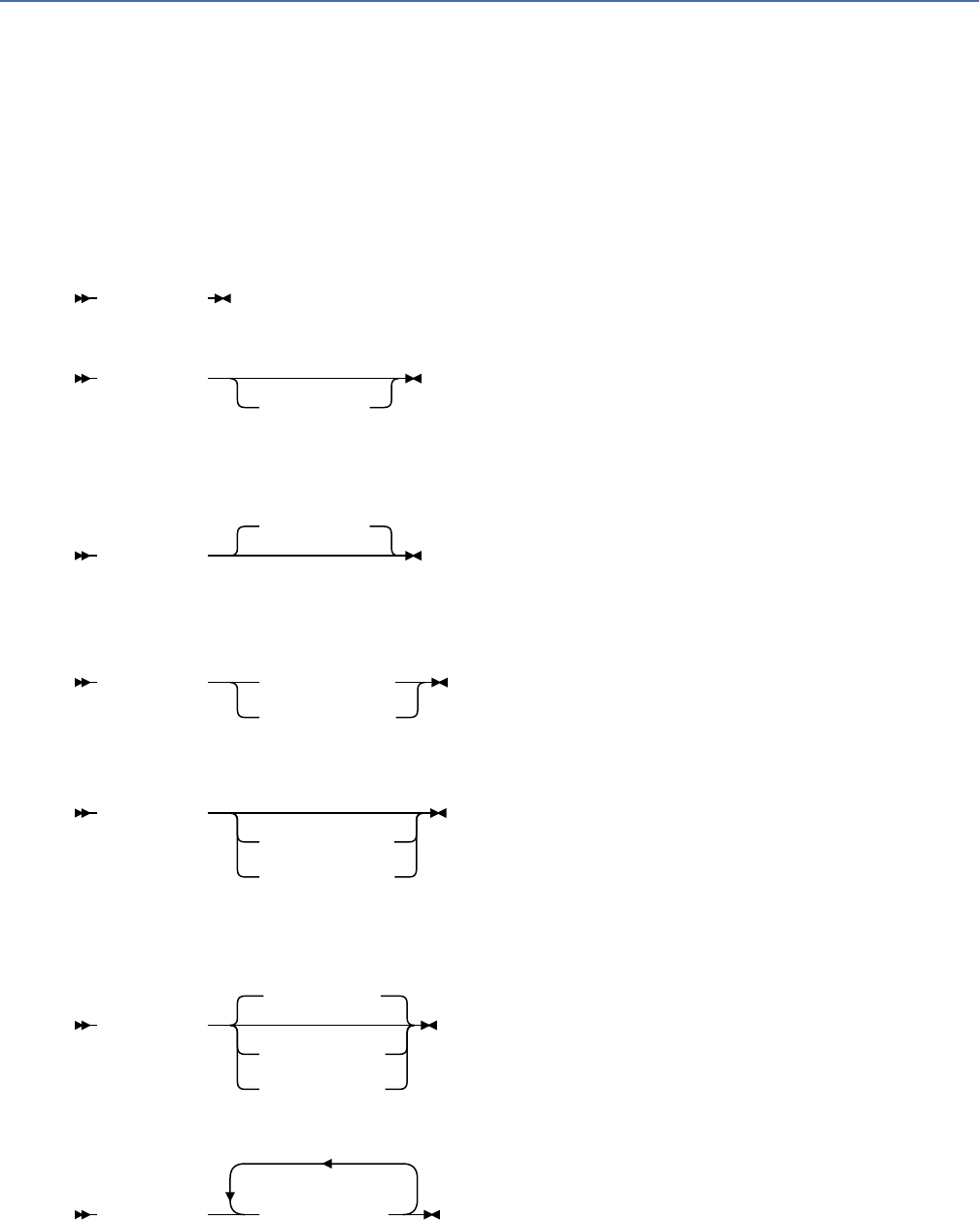
How to read syntax diagrams
Certain conventions apply to the syntax diagrams that are used in IBM documentation.
Apply the following rules when reading the syntax diagrams that are used in Db2 for z/OS documentation:
• Read the syntax diagrams from left to right, from top to bottom, following the path of the line.
The ►►─── symbol indicates the beginning of a statement.
The ───► symbol indicates that the statement syntax is continued on the next line.
The ►─── symbol indicates that a statement is continued from the previous line.
The ───►◄ symbol indicates the end of a statement.
• Required items appear on the horizontal line (the main path).
required_item
• Optional items appear below the main path.
required_item
optional_item
If an optional item appears above the main path, that item has no effect on the execution of the
statement and is used only for readability.
required_item
optional_item
• If you can choose from two or more items, they appear vertically, in a stack.
If you must choose one of the items, one item of the stack appears on the main path.
required_item required_choice1
required_choice2
If choosing one of the items is optional, the entire stack appears below the main path.
required_item
optional_choice1
optional_choice2
If one of the items is the default, it appears above the main path and the remaining choices are shown
below.
required_item
default_choice
optional_choice
optional_choice
• An arrow returning to the left, above the main line, indicates an item that can be repeated.
required_item repeatable_item
If the repeat arrow contains a comma, you must separate repeated items with a comma.
xiv
About this information
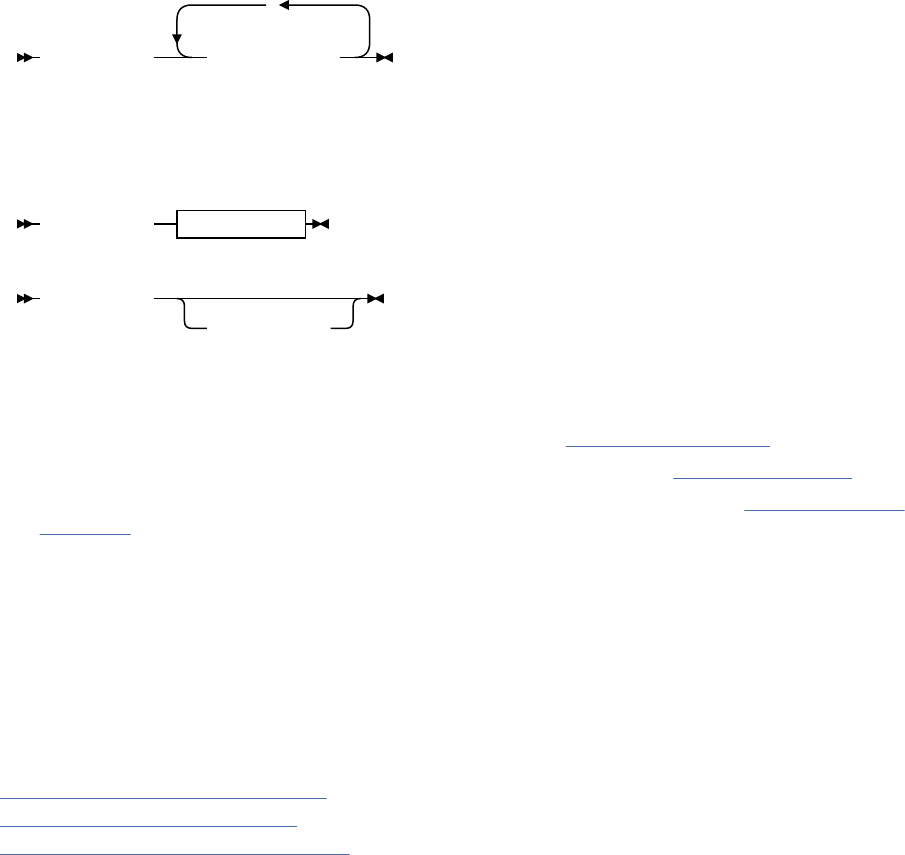
required_item
,
repeatable_item
A repeat arrow above a stack indicates that you can repeat the items in the stack.
• Sometimes a diagram must be split into fragments. The syntax fragment is shown separately from the
main syntax diagram, but the contents of the fragment should be read as if they are on the main path of
the diagram.
required_item fragment-name
fragment-name
required_item
optional_name
• For some references in syntax diagrams, you must follow any rules described in the description for that
diagram, and also rules that are described in other syntax diagrams. For example:
– For expression, you must also follow the rules described in Expressions (Db2 SQL).
– For references to fullselect, you must also follow the rules described in fullselect (Db2 SQL).
– For references to search-condition, you must also follow the rules described in Search conditions
(Db2 SQL).
• With the exception of XPath keywords, keywords appear in uppercase (for example, FROM). Keywords
must be spelled exactly as shown.
• XPath keywords are dened as lowercase names, and must be spelled exactly as shown.
• Variables appear in all lowercase letters (for example, column-name). They represent user-supplied
names or values.
• If punctuation marks, parentheses, arithmetic operators, or other such symbols are shown, you must
enter them as part of the syntax.
Related concepts
Commands in Db2 (Db2 Commands)
Db2 online utilities (Db2 Utilities)
Db2 stand-alone utilities (Db2 Utilities)
About this information
xv
xviDb2 12 for z/OS: Application Programming and SQL Guide (Last updated: 2024-07-30)

Chapter 1. Planning for and designing Db2
applications
Before you write or run your program, you need to make some planning and design decisions. These
decisions need to be made whether you are writing a new Db2 application or migrating an existing
application from a previous release of Db2.
About this task
If you are migrating an existing application from a previous release of Db2, read the application and SQL
release incompatibilities and make any necessary changes in the application.
If you are writing a new Db2 application, rst determine the following items:
• the value of some of the SQL processing options
• the binding method
• the value of some of the bind options
Then make sure that your program implements the appropriate recommendations so that it promotes
concurrency, can handle recovery and restart situations, and can efciently access distributed data.
Related concepts
Tools and IDEs for developing Db2 applications (Introduction to Db2 for z/OS)
Related tasks
Programming applications for performance (Db2 Performance)
Programming for concurrency (Db2 Performance)
Writing efcient SQL queries (Db2 Performance)
Improving performance for applications that access distributed data (Db2 Performance)
Related reference
BIND and REBIND options for packages, plans, and services (Db2 Commands)
Application and SQL release incompatibilities
When you migrate to or apply maintenance in Db2 12, be aware of and plan for application and SQL
release incompatibilities that might affect your Db2 environment.
GUPI
The following incompatible changes apply at any Db2 12 function level, including when you rst migrate
to Db2 12. For incompatible changes that might impact your Db2 12 environment when you activate
function levels 501 and higher, see Incompatible changes summary for function levels 501 and higher
(Db2 for z/OS What's New?).
SQL capabilities
New SQL capabilities become available after the activation of the function level that introduces them
or higher, for applications that run at the equivalent application compatibility level or higher. New SQL
capabilities in the initial Db2 12 release become available in function level 500 for applications that
run at the equivalent application compatibility level or higher. You can continue to run SQL statements
compatibly with lower function levels, or previous Db2 releases, including Db2 11 and DB2 10. For
details, see Chapter 8, “Application compatibility levels in Db2 12,” on page 819
Release incompatibilities that were changed or added since the rst edition of this Db2 12 publication are
indicated by a vertical bar in the left margin. In other areas of this publication, a vertical bar in the margin
indicates a change or addition that has occurred since the Db2 11 release of this publication.
©
Copyright IBM Corp. 1983, 2022 1

SUBSTR built-in function always returns an error message for invalid input
Previously, during execution of the SUBSTR built-in function, Db2 sometimes incorrectly returned a result
for invalid input instead of issuing an appropriate error message. After the PTF for APAR PH36071 is
applied and Db2 12 function level 500 or higher is activated, the SUBSTR_COMPATIBILITY subsystem
parameter is set to PREVIOUS by default and Db2 continues to behave as before the PTF was applied. If
the SUBSTR_COMPATIBILITY subsystem parameter is set to CURRENT, Db2 always enforces the rules for
the SUBSTR built-in function that are documented in the SQL Reference and returns an SQL error code if
the rules are not met.
For example, if the SUBSTR_COMPATIBILITY subsystem parameter is set to CURRENT, the following
query returns an SQL error code:
SELECT SUBSTR('ABCD', 2+1, 3) FROM SYSIBM.SYSDUMMY1;
Previously, this query incorrectly returned the result 'CD '.
Before you set the SUBSTR_COMPATIBILITY subsystem parameter to CURRENT, you might need to
modify some of your applications to handle this change.
Actions to take
In Db2 12, before you set the SUBSTR_COMPATIBILITY subsystem parameter to CURRENT, identify
applications that are incompatible with this change by starting a trace for IFCID 0376 and then running
the applications. Review the trace output for incompatible changes with the identier 14. Correct affected
applications so that they will be compatible if the SUBSTR_COMPATIBILITY subsystem parameter is set
to CURRENT in the future.
Related reference
SUBSTR COMPATIBILITY eld (SUBSTR_COMPATIBILITY subsystem parameter) (Db2 Installation and
Migration)
CREATE TABLESPACE and CREATE INDEX statements with no space-level
USING clause fail if the storage group specied when the containing
database was created does not exist
Starting in Db2 12 at function level 500, Db2 records the default storage group for a table space or index
in the Db2 catalog. However, Db2 also does not validate the existence of a storage group specied in
the STOGROUP clause of a CREATE DATABASE statement. As a result, a CREATE TABLESPACE or CREATE
INDEX statement that omits the USING clause at the table space or index level now fails with SQLCODE
-204, if the storage group specied when the containing database was created does not exist.
Actions to take
If the storage group specied in a CREATE DATABASE statement does not exist, take one of the following
actions:
• Specify a USING clause at the table space or index level in any CREATE TABLESPACE or CREATE INDEX
statement that creates a table space or index in that database.
• Issue an ALTER DATABASE statement and specify STOGROUP clause that identies a storage group that
exists.
Related reference
CREATE TABLESPACE statement (Db2 SQL)
CREATE INDEX statement (Db2 SQL)
CREATE DATABASE statement (Db2 SQL)
ALTER DATABASE statement (Db2 SQL)
2
Db2 12 for z/OS: Application Programming and SQL Guide (Last updated: 2024-07-30)

New maximum number of parameter markers or host variables in a single
SQL statement
Db2 12 enforces the maximum number of parameter markers or host variables in a single SQL statement.
Starting in function level 100, Db2 12 issues SQLCODE -101 for any SQL statement that contains more
than 16,000 parameter markers or host variables.
Actions to take
Identify and modify any existing SQL statement that contains more than 16,000 parameter markers or
host variables.
Related reference
Limits in Db2 for z/OS (Db2 SQL)
Result change for SQL statement EXPLAIN PACKAGE
When Db2 processes the SQL statement EXPLAIN PACKAGE, the HINT_USED column in the PLAN_TABLE
is populated with EXPLAIN PACKAGE: copy. The copy eld in the HINT_USED column will be one of the
following values:
• "CURRENT" - the current copy
• "PREVIOUS" - the previous copy
• "ORIGINAL" - the original copy
This change supports the new rebind phase-in capability that is introduced by function level 505
.
However, the change takes effect immediately when you migrate to Db2 12.
Actions to take
Change the expected output for queries that reference this column.
Result change for SQL statement EXPLAIN STABILIZED DYNAMIC QUERY
When Db2 processes the SQL statement EXPLAIN STABILIZED DYNAMIC QUERY, the HINT_USED column
in the PLAN_TABLE is populated with EXPLAIN PACKAGE: copy. The copy eld in the HINT_USED
column will be one of the following values:
• "CURRENT" - the current copy
• "INVALID" - the invalid copy
This change supports the new rebind phase-in capability that is introduced by function level 505.
However, the change takes effect immediately when you migrate to Db2 12.
Actions to take
Change the expected output for queries that reference this column.
SYSCOPY catalog table DSVOLSER column changes
Db2 12 introduces a new capability to delete only FlashCopy image copies if equivalent sequential image
copies exist, for an efcient backup procedure that uses minimal disk space. In support of this capability,
the possible values for the DSVOLSER column in the SYSIBM.SYSCOPY catalog table have changed.
Previously, the DSVOLSER column value was an empty string for cataloged, sequential, full image copies.
Some applications might assume that if the length attribute of the DSVOLSER value is zero, the image
copy is cataloged. In Db2 12, that assumption is no longer correct. For cataloged, sequential, full image
copies that are created from a FlashCopy image copy with consistency, and also had uncommitted units of
work backed out, the DSVOLSER column now contains Db2 checkpoint information.
Chapter 1. Planning for and designing Db2 applications
3

For more information about this new capability, see Ability to delete only FlashCopy image copies.
Actions to take
Modify any applications that use the DSVOLSER column in the SYSCOPY catalog table to tolerate the
checkpoint information for cataloged, sequential, full image copies. For details, see the description of
DSVOLSER in SYSCOPY catalog table.
Application compatibility levels apply to data denition and data control
statements
After the activation of function level 500 or higher in Db2 12, application compatibility levels also
control syntax, semantics, default values, and option validation for most data denition statements and
data control statements. Data denition statements (sometimes abbreviated as DDL) include various
CREATE and ALTER statements. Data control statements (sometimes abbreviated as DCL) include various
GRANT and REVOKE statements. Only application compatibility levels V12R1M509 and higher control the
behavior of any data denition or data control statements.
The APPLCOMPAT bind option for a package applies to most static SQL data denition and data control
statements. The CURRENT APPLICATION COMPATIBILITY special register applies to most dynamic SQL
data denition and data control statements.
For implicit regeneration of an object, the application compatibility level that was in effect for the previous
CREATE or ALTER statement for that object is used.
For materialization of pending data denition changes, the application compatibility level of the pending
ALTER statement is used.
You can specify the USING APPLICATION COMPATIBILITY clause of certain ALTER statements to
regenerate an object with a specic application compatibility level.
Related concepts
Function levels and related levels in Db2 12 (Db2 for z/OS What's New?)
Application compatibility levels in Db2 12
The application compatibility level of your applications controls the adoption and use of new capabilities
and enhancements, and sometimes reduces the impact of incompatible changes. The advantage is
that you can complete the Db2 12 migration process without the need to update your applications
immediately.
Related reference
APPLCOMPAT bind option (Db2 Commands)
CURRENT APPLICATION COMPATIBILITY special register (Db2 SQL)
Automatic rebind of plans and packages created before DB2 10
Migration-related automatic binds (also called "autobinds") occur in Db2 12 because it cannot use
runtime structures from a plan or package that was last bound in a release earlier than DB2 10. Plans and
packages that were bound in Db2 11 can run in Db2 12, without the risk of migration-related autobinds.
However, plans and packages that are bound in Db2 12 cannot run on Db2 11 members without an
autobind in Db2 11.
If you specify YES or COEXIST for the ABIND subsystem parameter, Db2 12 automatically rebinds plans
and packages that were bound before DB2 10 when Db2 executes the packages. The result of the
automatic bind creates a new package and discards the current copy. Db2 does not move the current copy
to the previous or original copy because Db2 12 cannot use it. If a regression occurs, REBIND SWITCH
PREVIOUS and REBIND SWITCH ORIGINAL are not available.
If you specify NO for the ABIND subsystem parameter, negative SQLCODEs are returned for each attempt
to run a package or plan that was bound before DB2 10. SQLCODE -908, SQLSTATE 23510 is returned for
packages, and SQLCODE -923, SQLSTATE 57015 is returned for plans until they are rebound in Db2 12.
4
Db2 12 for z/OS: Application Programming and SQL Guide (Last updated: 2024-07-30)

Actions to take
By preparing for migration to Db2 12 in Db2 11, you can reduce the change and risk for packages that
are subject to automatic binds in Db2 12. To do that, you rebind all packages that were last bound
before DB2 10 in Db2 11, before you migrate to Db2 12. For more information about the impacts that
migration-related automatic rebinds can have in your Db2 environment and actions that you can take to
avoid them, see Rebind old plans and packages in Db2 11 to avoid disruptive autobinds in Db2 12 (Db2
Installation and Migration).
Related reference
AUTO BIND eld (ABIND subsystem parameter) (Db2 Installation and Migration)
Related information
-908 (Db2 Codes)
-923 (Db2 Codes)
KEEPDYNAMIC(YES) bind option support for ROLLBACK
In Db2 12, when the APPLCOMPAT value is V12R1M500, the KEEPDYNAMIC(YES) bind option affects
both COMMIT and ROLLBACK statements. With KEEPDYNAMIC(YES), the dynamic SQL statements in the
package are retained after COMMIT or ROLLBACK, and those statements can run again without another
PREPARE.
Prior to Db2 12, the KEEPDYNAMIC(YES) bind option applied only to COMMIT statements. After a
ROLLBACK statement, another PREPARE was required so that the dynamic SQL statements could run.
This situation is also true in Db2 12 if application compatibility is set to V11R1 or earlier.
In Db2 12, when the APPLCOMPAT value is V12R1M500 or higher, after a ROLLBACK statement is issued,
the behavior is different than in prior versions:
• An OPEN statement without a preceding PREPARE statement does not receive an SQLCODE -514.
• An EXECUTE statement without a preceding PREPARE statement does not receive an SQLCODE -518.
An application that was written in Db2 11 and that was bound with KEEPDYNAMIC(YES) was required
to prepare dynamic SQL statement again after a ROLLBACK was issued. In Db2 12 when application
compatibility is set to V12R1M500 or higher, those extra PREPARE statements are unnecessary.
Actions to take
As you migrate to Db2 12, review packages that use the KEEPDYNAMIC(YES) bind option. You can
make dynamic SQL programs that are bound with KEEPDYNAMIC(YES) run more efciently by removing
PREPARE statements that prepare SQL statements again, following execution of ROLLBACK statements.
Do not take this action until you are sure that you no longer need to run the programs in Db2 11 or earlier.
After migrating to Db2 12, if you take this action (to remove PREPARE statements after ROLLBACK),
programs will not work properly if you subsequently set application compatibility to V11R1 or earlier.
Related reference
KEEPDYNAMIC bind option (Db2 Commands)
Alterations to index compression are pending changes for universal table
spaces
When the application compatibility level is V12R1M500 or higher, altering to use index compression for
indexes in universal table spaces is a pending change that places the index in advisory REORG-pending
(AREOR) status. The LOAD REPLACE and REBUILD INDEX utilities no longer materialize the change. You
must use an online REORG to materialize the new value for the COMPRESS attribute in the ALTER INDEX
statement.
In releases before Db2 12, any alteration to use index compression placed the index in REBUILD-pending
(RBDP) status. You needed to use the REBUILD INDEX utility to rebuild the index, or use the REORG utility
to reorganize the table space that corresponds to the index.
Chapter 1. Planning for and designing Db2 applications
5

Actions to take
For indexes in universal table spaces, use an online REORG to materialize the new value for the
COMPRESS attribute in the ALTER INDEX statement.
Related tasks
Compressing indexes (Db2 Performance)
Related reference
ALTER INDEX statement (Db2 SQL)
Data types of output arguments from a stored procedure call in a Java
application
In function level 500 or higher with application compatibility set to V11R1, when a Java
™
application that
uses the IBM Data Server Driver for JDBC and SQLJ calls a stored procedure, the data types of stored
procedure output arguments match the data types of the parameters in the stored procedure denition.
Explanation
Before DB2 10, if a Java client called a Db2 for z/OS stored procedure, the data types of output arguments
matched the data types of the corresponding CALL statement arguments. Starting in DB2 10, the data
types of the output arguments match the data types of the parameters in the stored procedure denition.
In Db2 12, when application compatibility is set to V10R1, you can set the DDF_COMPATIBILITY
subsystem parameter to SP_PARMS_JV to keep the behavior that existed before DB2 10. However, when
application compatibility is set to V11R1 or V12R1M100, or to V12R1M500 or higher, SP_PARMS_JV is no
longer supported.
In Db2 12 with application compatibility set to V11R1 or V12R1M100, or to V12R1M500 or higher,
if the version of the IBM Data Server Driver for JDBC and SQLJ is lower than 3.63 or 4.13, a
java.lang.ClassCastException might be thrown when an output argument value is retrieved.
Actions to take
Take one of the following actions:
• Upgrade the IBM Data Server Driver for JDBC and SQLJ to version 3.63 or 4.13, or later.
• Modify the data types in CallableStatement.registerOutParameter method calls to match
the parameter data types in the stored procedure denitions. You can set application compatibility
to V10R1 and run a trace for IFCID 0376 to identify affected applications. Trace records for those
applications have a QW0376FN eld value of 8.
Related concepts
Application compatibility levels in Db2 12
The application compatibility level of your applications controls the adoption and use of new capabilities
and enhancements, and sometimes reduces the impact of incompatible changes. The advantage is
that you can complete the Db2 12 migration process without the need to update your applications
immediately.
SELECT INTO statements with UNION or UNION ALL
A UNION or UNION ALL is not allowed in the outermost from-clause of a SELECT INTO statement.
However, releases before Db2 12 inadvertently tolerate SQL statements that contain this invalid syntax.
The behavior is controlled by the DISALLOW_SEL_INTO_UNION subsystem parameter. In Db2 11, the
default setting tolerates the invalid syntax. In Db2 12 the default setting disallows the invalid syntax.
An application that uses the invalid SQL syntax fails at BIND or REBIND with SQLCODE -109.
6
Db2 12 for z/OS: Application Programming and SQL Guide (Last updated: 2024-07-30)

Actions to take
Identify any packages that use UNION or UNION ALL in the from-clause of a SELECT INTO statement and
correct them as necessary. You can temporarily specify that Db2 continues to tolerate the invalid syntax
NO for the DISALLOW_SEL_INTO_UNION subsystem parameter. However, this subsystem parameter is
deprecated and expected to be removed in the future.
You can identify affected packages while DISALLOW_SEL_INTO_UNION is set to NO by binding suspected
packages into a dummy collection ID with EXPLAIN(ONLY) and monitoring IFCID 0376 records. Trace
records for the affected applications have a QW0376FN eld value of 11.
Use the following procedure:
1. Issue the following SQL statement to generate a list of BIND commands.
SELECT 'BIND PACKAGE(DUMMYCOL) COPY(' ||
COLLID || '.' || NAME || ') ' ||
CASE WHEN(VERSION <> '')
THEN 'COPYVER(' || VERSION || ') '
ELSE '' END ||
'EXPLAIN(ONLY)'
FROM SYSIBM.SYSPACKSTMT
WHERE STATEMENT LIKE '%SELECT%INTO%UNION%'
OR STATEMENT LIKE '%SELECT%UNION%INTO%';
The statement generates output similar to the following BIND subcommand:
BIND PACKAGE(DUMMYCOL) COPY(DSN_DEFAULT_COLLID_PLAY01.PLAY01) EXPLAIN(ONLY)
2. Copy the results of the SELECT statement into a bind job. If any BIND subcommands are longer than
72 bytes, formatting is required.
3. Start and collect a trace for IFCID 0376.
4. Run the bind job that you created.
5. Stop the IFCID 0376 trace and analyze the output.
Related reference
DISALLOW_SEL_INTO_UNION in macro DSN6SPRM (Db2 Installation and Migration)
Related information
-109 (Db2 Codes)
Change in SQLCODE when the POWER built-in function result is out of range
After the activation of function level 500 or higher in Db2 12, the SQLCODE that is returned when the
result of the POWER
®
built-in function is out of range is changed in some cases.
Previously, when Db2 executed the POWER built-in function, and the result was a DOUBLE data type that
was out of range, Db2 returned SQLCODE -802. In Db2 12 with function level 500 or higher activated,
SQLCODE +802 is returned.
For example, the following query returns SQLCODE +802:
SELECT POWER(DOUBLE(2.0E38), DOUBLE(2.0))
FROM SYSIBM.SYSDUMMY1;
Invocations of the POWER function that have DOUBLE arguments and return out-of-range results return
SQLCODE +802 instead of SQLCODE -802.
Actions to take
In Db2 12, before function level 500 or higher is activated, identify applications with this incompatibility
by starting a trace for IFCID 0376, and then running the applications. Review the trace output for
incompatible changes with the identier 1201. Adjust error processing to account for the change in the
returned SQLCODE from an error to a warning.
Chapter 1. Planning for and designing Db2 applications
7

Related tasks
Managing application incompatibilities
Before you move an application to a new application compatibility level, you need to nd application
incompatibilities, adjust your applications for those incompatibilities, and verify that the incompatibilities
no longer exist.
Related reference
POWER or POW scalar function (Db2 SQL)
CHAR9 and VARCHAR9 functions for compatibility with pre-DB2 10 string
formatting of decimal data
DB2 10 changed the formatting of decimal data by the CHAR and VARCHAR built-in functions and CAST
specications with a CHAR or VARCHAR result type. In Db2 12 you can use alternative functions for
compatibility with applications that require decimal to string output in the pre-DB2 10 formats:
• CHAR9 scalar function (Db2 SQL)
• VARCHAR9 scalar function (Db2 SQL)
Important: For portable applications that might run on platforms other than Db2 for z/OS, do not use the
CHAR9 and VARCHAR9 functions. Other Db2 family products do not support the these functions.
Actions to take
Review your setting for the BIF_COMPATIBILITY subsystem parameter. If the value is not CURRENT, and
you have applications that require decimal to string output in the pre-DB2 10 format, you can rewrite SQL
statements to use the CHAR9 and VARCHAR9 functions instead. This approach enables the development
of new applications that can accept the current string formatting of decimal data.
To modify your applications to take advantage of the CHAR9, VARCHAR9 functions:
1. Use an IFCID 0376 trace to identify applications that depend on the pre-DB2 10 formats.
2. Rewrite the SQL statements in the identied applications to use the CHAR9 and VARCHAR9 functions
instead of the CHAR and VARCHAR functions.
3. Set the BIF_COMPATIBILITY value to CURRENT.
Related reference
BIF COMPATIBILITY eld (BIF_COMPATIBILITY subsystem parameter) (Db2 Installation and Migration)
Subsystem parameter BIF_COMPATIBILITY and SQL schemas for
compatibility with pre-DB2 10 string formatting of decimal data
DB2 10 changed the formatting of decimal data by the CHAR and VARCHAR built-in functions and CAST
specications with a CHAR or VARCHAR result type. You can temporarily override these changes on
a subsystem level by setting the BIF_COMPATIBILITY subsystem parameter to one of the pre-DB2 10
settings. You can also temporarily override these changes on an application level by adding schema
SYSCOMPAT_V9 to the front of the PATH bind option or CURRENT PATH special register. The latter
approach works for CHAR and VARCHAR functions and does not affect CAST specications.
The recommended approach is to modify your applications to handle the DB2 10 and later behavior for
these functions, as described in the following steps.
Actions to take
To modify your applications to handle the DB2 10 and later behavior for CHAR, VARCHAR, and CAST:
1. Identify applications that need to be modied to handle this change. Run a trace for IFCID 0376 to
identify affected applications.
2. Ensure that the BIF_COMPATIBILITY subsystem parameter is set to V9_DECIMAL_VARCHAR.
8
Db2 12 for z/OS: Application Programming and SQL Guide (Last updated: 2024-07-30)

To handle the change for the CHAR function only, you can set BIF_COMPATIBILITY to V9, and complete
the following steps for the CHAR function.
3. Change any affected applications to handle the DB2 10 and later CHAR and VARCHAR behavior,
including stored procedures, non-inline user-dened functions, and trigger packages. Rewrite affected
CAST specications with the appropriate CHAR or VARCHAR function and a CAST to the correct length
if needed.
4. Rebind and prepare packages with the PATH(SYSCURRENT,SYSIBM) rebind option. Putting the
SYSCURRENT schema at the beginning of the SQL path causes the DB2 10 and later behavior to
be used for the CHAR and VARCHAR built-in functions.
Repeat this step for native stored procedures (SQLPL) and non-inline SQL scalar functions.
5. For views that reference these casts or built-in functions, determine whether the view
needs to be changed to have the expected output. Drop and re-create the views with the
PATH(SYSCURRENT,SYSIBM) rebind option only if necessary. Rebind any applications that reference
the views with the PATH(SYSCURRENT,SYSIBM) option to use the DB2 10 and later CHAR and
VARCHAR built-in functions. Repeat this step for inline SQL scalar functions.
6. For materialized query tables or indexes on expressions that reference these casts or built-in
functions, drop and re-create the materialized query tables or indexes on expressions with the
PATH(SYSCURRENT,SYSIBM) rebind option. Issue the REFRESH TABLE statement for materialized
query tables. Rebind any applications that reference the materialized query tables or indexes on
expressions with the PATH(SYSCURRENT,SYSIBM) option to use the DB2 10 and later CHAR and
VARCHAR built-in functions.
7. Change the value of the BIF_COMPATIBILITY subsystem parameter to CURRENT. When the subsystem
parameter value is CURRENT, new applications, rebinds, and CREATE statements use the DB2 10 and
later CHAR, VARCHAR, and CAST behavior.
Materialized query tables and expression-based indexes use the CHAR, VARCHAR, and CAST behavior
that is specied during its creation. If a reference statement has a different behavior that is specied by
the BIF_COMPATIBILITY parameter or a different path, the materialized query table or expression-based
index is not used.
Related reference
BIF COMPATIBILITY eld (BIF_COMPATIBILITY subsystem parameter) (Db2 Installation and Migration)
EBCDIC mixed string input to the RTRIM, TRIM, LTRIM, and STRIP built-in
functions must be valid
Starting at application compatibility level V12R1M500 or higher, Db2 12 applies more validation checking
for EBCDIC mixed-string input to the RTRIM, TRIM, LTRIM, and STRIP built-in functions.
Generally, Db2 has required valid EBCDIC mixed-string data for input to these functions since version 10,
but Db2 12 now detects more cases than earlier releases.
With the new validation checking, when Db2 12 performs a trim operation, and the string-expression
argument of the RTRIM, TRIM, LTRIM, or STRIP built-in function contains invalid EBCDIC mixed data, Db2
issues SQLCODE -171.
Actions to take
Check whether EBCDIC mixed data that is specied for the string-expression argument of an RTRIM,
TRIM, LTRIM, or STRIP built-in function is valid, and resolve the invalid data.
In valid mixed data, the double-byte portions of the input strings begin with X'0E' (shift-out character),
end with X'0F' (shift-in character), and have an even number of bytes between the X'0E' and X'0F'
characters. Data that does not meet these criteria is invalid mixed data. When invalid mixed data is
specied for the string-expression argument of an RTRIM, TRIM, LTRIM, or STRIP built-in function,
SQLCODE -171 is returned in some cases. If Db2 trims the specied characters before it reaches an
invalid portion of a mixed string, the trim operation is successful.
Chapter 1. Planning for and designing Db2 applications
9

Setting an application compatibility of V12R1M100 or lower (if PTF for APAR PH25783 is applied) might
avoid the error while you resolve the invalid data. At the lower application compatibility levels, Db2 12
attempts to tolerate the invalid mixed data identied by the new validation checking, and it allows the
trim operation to complete if possible. However, if Db2 is still unable to perform the trim operation,
SQLCODE -171 is issued.
Maximum number of user-dened external scalar functions running in a Db2
thread is no longer unlimited (APAR PH44833)
Starting at application compatibility level V12R1M100 (if the PTF for APAR PH44833 is applied), Db2 12
introduces the MAX_UDF subsystem parameter. MAX_UDF controls the maximum number of user-dened
external scalar functions that can run concurrently in a Db2 thread. The maximum value of MAX_UDF
is 99999. Before the introduction of MAX_UDF, the maximum number of user-dened external scalar
functions that could run concurrently in a Db2 thread was unlimited.
Actions to take
If an application contains SQL statements that invoke user-dened external scalar functions, and one of
those SQL statements is rejected with SQLCODE -904 and reason code 00E70082, increase the MAX_UDF
subsystem parameter value, or change the application to run fewer functions concurrently in a Db2
thread.
Related reference
MAX UDFS eld (MAX_UDF subsystem parameter) (Db2 Installation and Migration)
Related information
00E70082 (Db2 Codes)
SQL reserved words
Db2 12 introduces several new SQL reserved words, which are listed in Reserved words in Db2 for z/OS
(Db2 SQL).
In some cases, the use of these reserved words might cause an incompatibility before new function is
activated in Db2 12 , regardless of the setting of the APPLCOMPAT flag.
Actions to take
Collect IFCID 0376 trace records in Db2 11. Values 4, 5, and 6 for the QW0376FN eld indicate instances
of reserved words in applications that will cause an incompatibility in Db2 12. Adjust these applications
by changing the reserved word to a delimited identier or by using a word that is not reserved in Db2
12.
Built-in function and existing user-dened functions
For built-in and user-dened functions the combination of the function name and the parameter list form
the signature that Db2 uses to identify the function. If the signatures of new or changed built-in functions
in Db2 12 match the signatures existing user-dened functions, applications with unqualied references
to the existing user-dened functions might start invoking the new or changed built-in functions instead of
the user-dened functions. Db2 12 introduces the following built-in function changes:
Db2 12 introduces or changes the following built-in functions.
Important information about existing user-dened functions: When a new application compatibility
level introduces a new or changed built-in function that has the same name and signature as an existing
user-dened function, unqualied references to the user-dened function might resolve incorrectly.
Applications that have unqualied references to the user-dened function might fail. To avoid this
10
Db2 12 for z/OS: Application Programming and SQL Guide (Last updated: 2024-07-30)
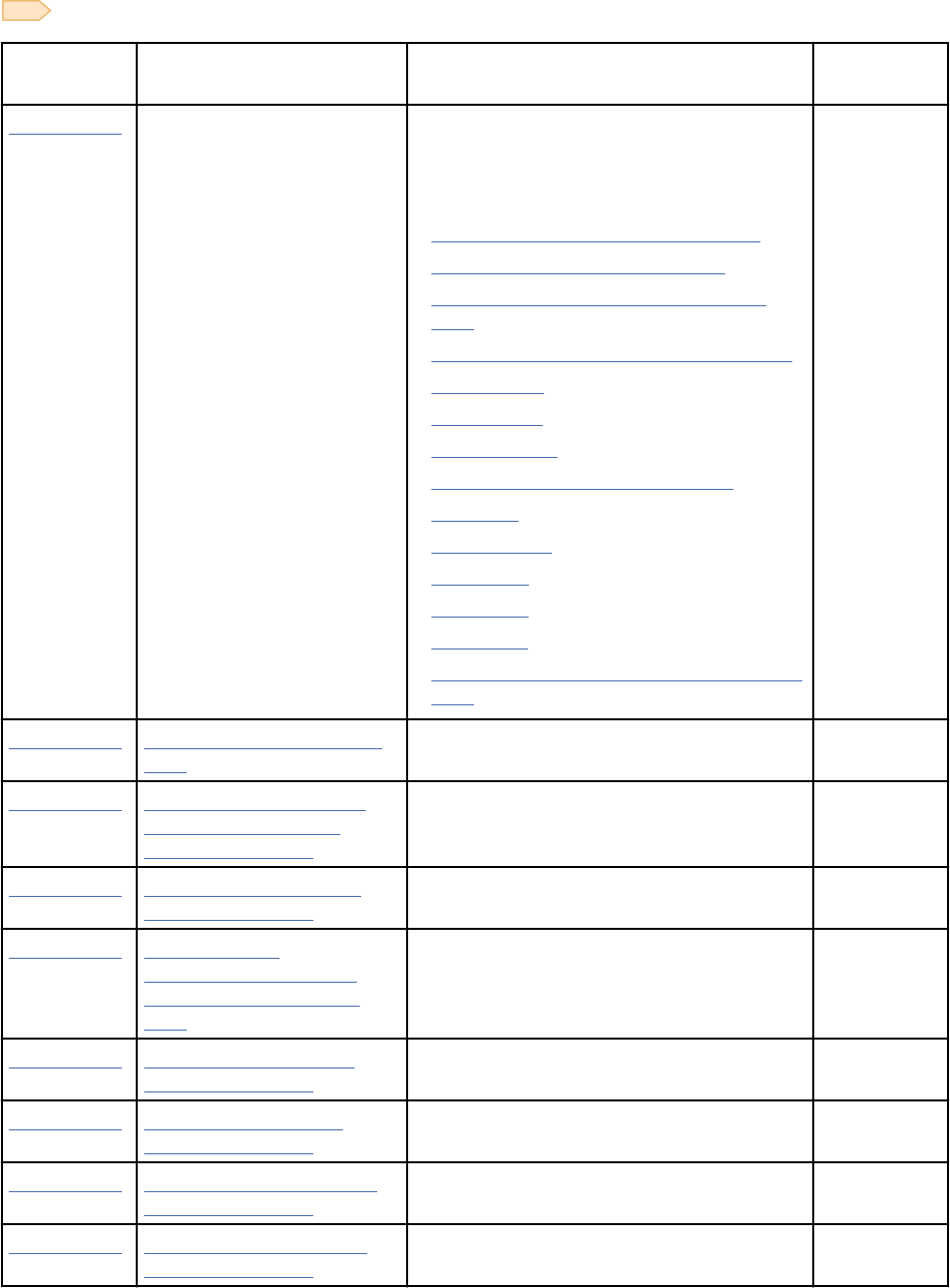
situation, modify applications to explicitly qualify references to user-dened functions with the same
name and signature as the new or changed built-in functions.
GUPI
APPLCOMPA
T level
Function name Change introduced Incompatibl
e change?
V12R1M507 Various The following functions are newly
supported in Db2 for z/OS as passthrough-
only expressions, which are passed through
to IBM Db2 Analytics Accelerator for z/OS.
• ADD_DAYS scalar function (Db2 SQL)
• BTRIM scalar function (Db2 SQL)
• DAYS_BETWEEN scalar function (Db2
SQL)
• NEXT_MONTH scalar function (Db2 SQL)
• REGR_AVGX
• REGR_AVGY
• REGR_COUNT
• REGR_INTERCEPT or REGR_ICPT
• REGR_R2
• REGR_SLOPE
• REGR_SXX
• REGR_SXY
• REGR_SYY
• ROUND_TIMESTAMP scalar function (Db2
SQL) if invoked with a date expression
No
V12R1M506 HASH scalar function (Db2
SQL)
New built-in function. No
V12R1M506 CHARACTER_LENGTH or
CHAR_LENGTH scalar
function (Db2 SQL)
CHAR_LENGTH is now supported as an
alternative function name.
No
V12R1M506 CLOB or TO_CLOB scalar
function (Db2 SQL)
TO_CLOB is now supported as an
alternative function name.
No
V12R1M506 COVAR_POP or
COVARIANCE or COVAR
aggregate function (Db2
SQL)
COVAR_POP is now supported as an
alternative function name.
No
V12R1M506 LEFT or STRLEFT scalar
function (Db2 SQL)
STRLEFT is now supported as an alternative
function name.
No
V12R1M506 POWER or POW scalar
function (Db2 SQL)
POW is now supported as an alternative
function name.
No
V12R1M506 POSSTR or STRPOS scalar
function (Db2 SQL)
STRPOS is now supported as an alternative
function name.
No
V12R1M506 RANDOM or RAND scalar
function (Db2 SQL)
RANDOM is now supported as an
alternative function name.
No
Chapter 1. Planning for and designing Db2 applications11
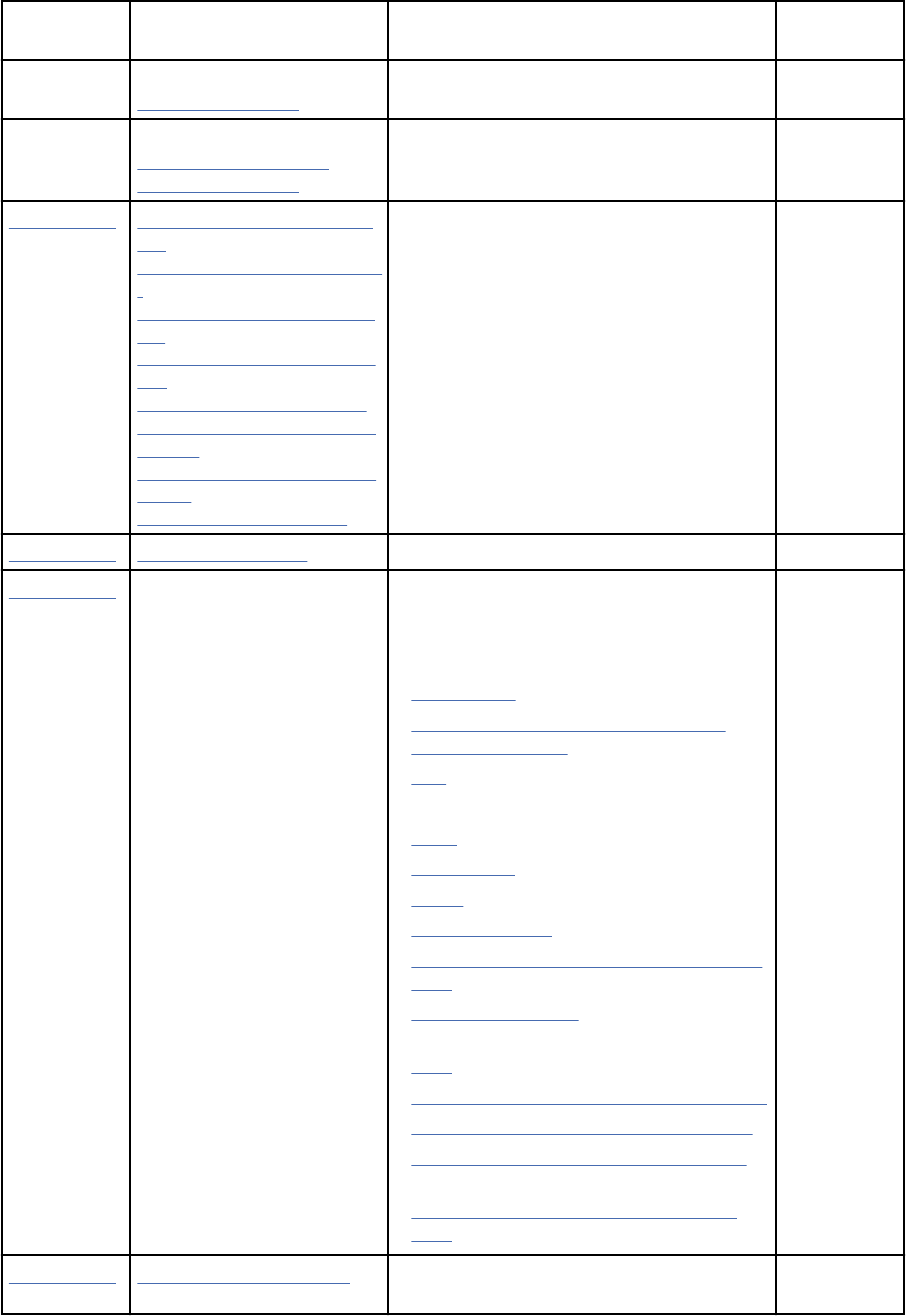
APPLCOMPA
T level
Function name Change introduced Incompatibl
e change?
V12R1M506 RIGHT or STRRIGHT scalar
function (Db2 SQL)
STRRIGHT is now supported as an
alternative function name.
No
V12R1M506 TIMESTAMP_FORMAT or
TO_TIMESTAMP scalar
function (Db2 SQL)
TO_TIMESTAMP is now supported as an
alternative function name.
No
V12R1M505 DECRYPT_DATAKEY_INTEG
ER,
DECRYPT_DATAKEY_BIGINT
,
DECRYPT_DATAKEY_DECIM
AL,
DECRYPT_DATAKEY_VARCH
AR,
DECRYPT_DATAKEY_CLOB,
DECRYPT_DATAKEY_VARGR
APHIC,
DECRYPT_DATAKEY_DBCLO
B, and
DECRYPT_DATAKEY_BIT
New built-in functions. No
V12R1M505 ENCRYPT_DATAKEY New built-in function. No
V12R1M504 Various The following functions are newly
supported in Db2 for z/OS as passthrough-
only expressions, which are passed through
to IBM Db2 Analytics Accelerator for z/OS.
• CUME_DIST
• CUME_DIST aggregate function (Db2
SQL)FIRST_VALUE
• LAG
• LAST_VALUE
• LEAD
• NTH_VALUE
• NTILE
• PERCENT_RANK
• PERCENT_RANK aggregate function (Db2
SQL)
• RATIO_TO_REPORT
• REGEXP_COUNT scalar function (Db2
SQL)
• REGEXP_INSTR scalar function (Db2 SQL)
• REGEXP_LIKE scalar function (Db2 SQL)
• REGEXP_REPLACE scalar function (Db2
SQL)
• REGEXP_SUBSTR scalar function (Db2
SQL)
No
V12R1M502 GRAPHIC scalar function
(Db2 SQL)
The rst argument now accepts numeric
data types, including SMALLINT, INTEGER,
No
12Db2 12 for z/OS: Application Programming and SQL Guide (Last updated: 2024-07-30)
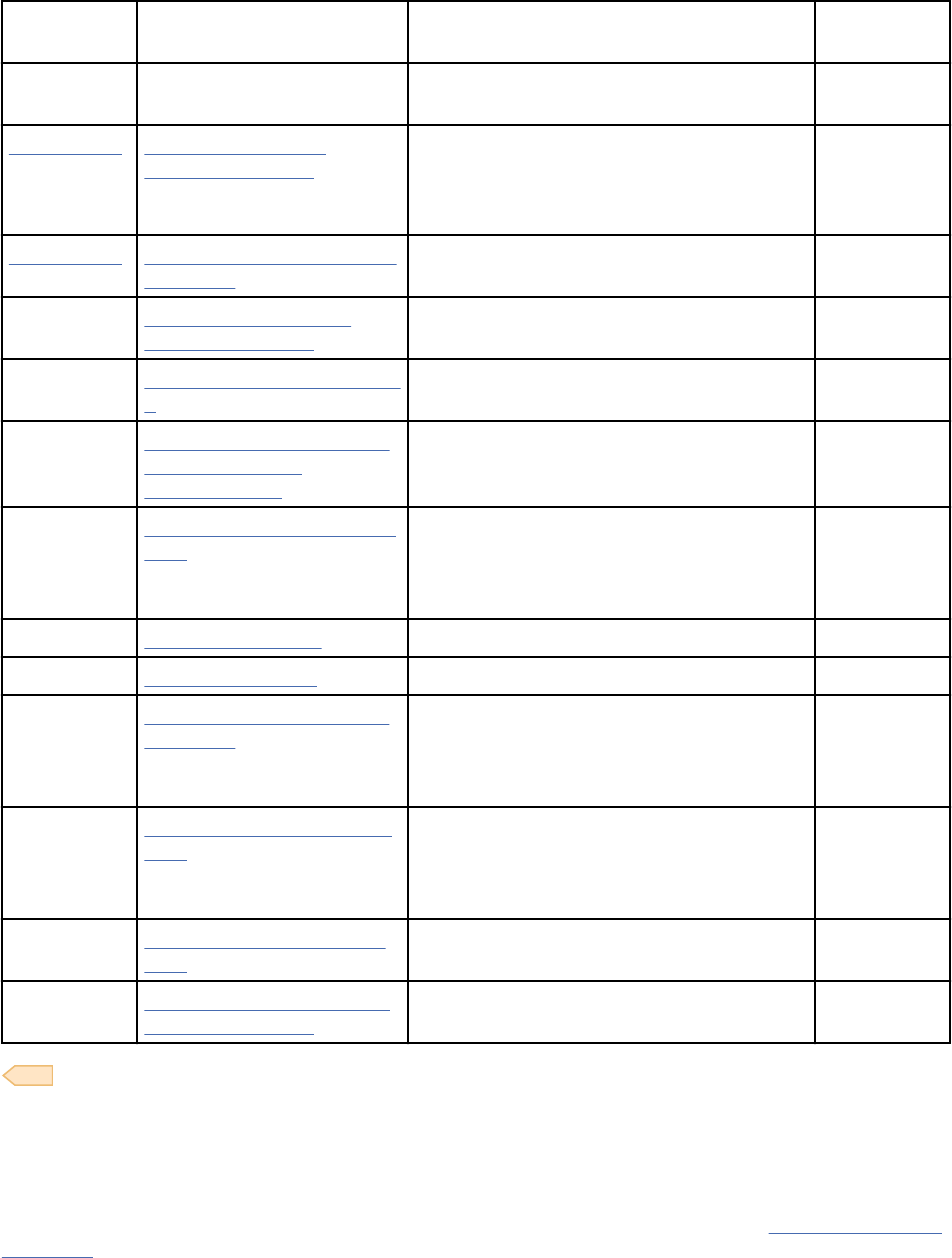
APPLCOMPA
T level
Function name Change introduced Incompatibl
e change?
BIGINT, DECIMAL, REAL, DOUBLE, FLOAT,
and DECFLOAT.
V12R1M502 VARGRAPHIC scalar
function (Db2 SQL)
The rst argument accepts numeric data
types, including SMALLINT, INTEGER,
BIGINT, DECIMAL, REAL, DOUBLE, FLOAT,
and DECFLOAT.
No
V12R1M501 LISTAGG aggregate function
(Db2 SQL)
New built-in function. No
V12R1M500 ARRAY_AGG aggregate
function (Db2 SQL)
Newly supported built-in function when
used for associative array aggregation.
No
V12R1M500 GENERATE_UNIQUE_BINAR
Y
New built-in function. No
V12R1M500 HASH_CRC32, HASH_MD5,
HASH_SHA1, and
HASH_SHA256
New built-in functions. No
V12R1M500 LOWER scalar function (Db2
SQL)
The following locales can now be specied:
• UNI_60
• UNI_90
V12R1M500 PERCENTILE_CONT New built-in function. No
V12R1M500 PERCENTILE_DISC New built-in function. No
V12R1M500 TRANSLATE scalar function
(Db2 SQL)
The following locales can now be specied:
• UNI_60
• UNI_90
No
V12R1M500 UPPER scalar function (Db2
SQL)
The following locales can now be specied:
• UNI_60
• UNI_90
No
V12R1M500 WRAP scalar function (Db2
SQL)
New built-in function. No
V12R1M100 BLOCKING_THREADS table
function (Db2 SQL)
New built-in function.
GUPI
Actions to take
To continue to execute a user-dened function with the same name or signature as a new built-in
function or signature, qualify the name of the existing user dened function in your application. For more
information about Db2 resolves qualied and unqualied references to functions, see Function resolution
(Db2 SQL).
Chapter 1. Planning for and designing Db2 applications
13

SQLCODE changes
Some SQLCODE numbers and message text might have changed in Db2 12. Also, the conditions under
which some SQLCODEs are issued might have changed. For more information, see New, changed, and
deleted codes (Db2 Codes).
GUPI
Determining the value of any SQL processing options that affect
the design of your program
When you process SQL statements in an application program, you can specify options that describe the
basic characteristics of the program. You can also indicate how you want the output listings to look.
Although most of these options do not affect how you design or code the program, a few options do.
About this task
SQL processing options specify program characteristics such as the following items:
• The host language in which the program is written
• The maximum precision of decimal numbers in the program
• How many lines are on a page of the precompiler listing
In many cases, you may want to accept the default value provided.
Procedure
Review the list of SQL processing options and decide the values for any options that affect the way that
you write your program.
For example, you need to know if you are using NOFOR or STDSQL(YES) before you begin coding.
Related tasks
Processing SQL statements for program preparation
The rst step in preparing an SQL application to run is to process the SQL statements in the program.
To process the statements, use the Db2 coprocessor or the Db2 precompiler. During this step, the SQL
statements are replaced with calls to Db2 language interface modules, and a DBRM is created.
Related reference
Descriptions of SQL processing options
You can specify any SQL processing options regardless of whether you use the Db2 precompiler or the
Db2 coprocessor. However, the Db2 coprocessor might ignore certain options because host language
compiler options exist that provide the same information.
Changes that invalidate packages
Changes to your program or database objects can invalidate packages.
A change to your program probably invalidates one or more of your packages. For some changes, you
must bind a new object. For others, rebinding is sufcient. A package can also become invalid for reasons
that do not depend on operations in your program. For example, when an index is dropped that is used in
an access path by one of your queries, a package can become invalid.
Db2 might rebind invalid packages automatically the next time that the package is run. For more
information, see “Automatic rebinds” on page 904.
How Db2 marks invalid packages
In most cases, Db2 marks a package that must be automatically rebound as invalid by setting VALID='N'
in the SYSIBM.SYSPLAN and SYSIBM.SYSPACKAGE catalog tables.
14
Db2 12 for z/OS: Application Programming and SQL Guide (Last updated: 2024-07-30)

Actions that cause Db2 to invalidate packages
Db2 marks packages invalid when they depend on the target object, and sometimes on related objects
that are affected by cascading effects, of the actions that are listed in the following table.
Object or operation Changes that invalidate packages
Tables
• Adding a TIME, TIMESTAMP, or DATE column when the default value for
added rows is CURRENT DATE, CURRENT TIME, CURRENT TIMESTAMP
(p) WITHOUT TIME ZONE, or CURRENT TIMESTAMP (p) WITH TIME ZONE
respectively
• Adding a constraint with a delete rule of SET NULL or CASCADE. Packages
that depend on tables that cascade deletes to the altered parent table are
also invalidated.
• Adding a security label
• Altering a column
• Renaming a column (Cascading effects apply. See “Cascading effects on
packages of renaming a column” on page 17.)
• Altering a table column such that a view cannot regenerate
• Altering the AUDIT attribute.
• Dropping a column. For pending denition changes, the package
invalidation occurs when the pending denition change is applied to the
table.
• Altering for hash organization, or dropping hash organization
• Adding or removing a BUSINESS_TIME period for temporal versioning
• Enabling or disabling transparent archiving
• Adding, altering, or dropping a materialized query table (MQT) denition
• Dropping a clone table
• Activating or deactivating row-level access control for a table
• Activating column-level access control if the table has an enabled column,
or deactivating column-level access control
• For created temporary tables, adding a column
Table spaces
• Changing the SBCS CCSID attribute
• Increasing the MAXPARTITIONS attribute
• Changing the SEGSIZE attribute to convert the table space to a partition-by-
range (UTS) table space
• Changing the DSSIZE attribute of a partitioned table space
• Changing the buffer pool page size
• Materializing pending denition changes to table spaces with the REORG
TABLESPACE utility. For more information, see Pending data denition
changes (Db2 Administration Guide).
• Altering partitions of partition-by-range (PBR) or partitioned (non-UTS)
table spaces, including: adding partitions, altering limit keys, or rotating
partitions.
Partitions
• Altering partitions of partition-by-range (PBR) or partitioned (non-UTS)
table spaces, including: adding partitions, altering limit keys, or rotating
partitions.
Chapter 1. Planning for and designing Db2 applications15
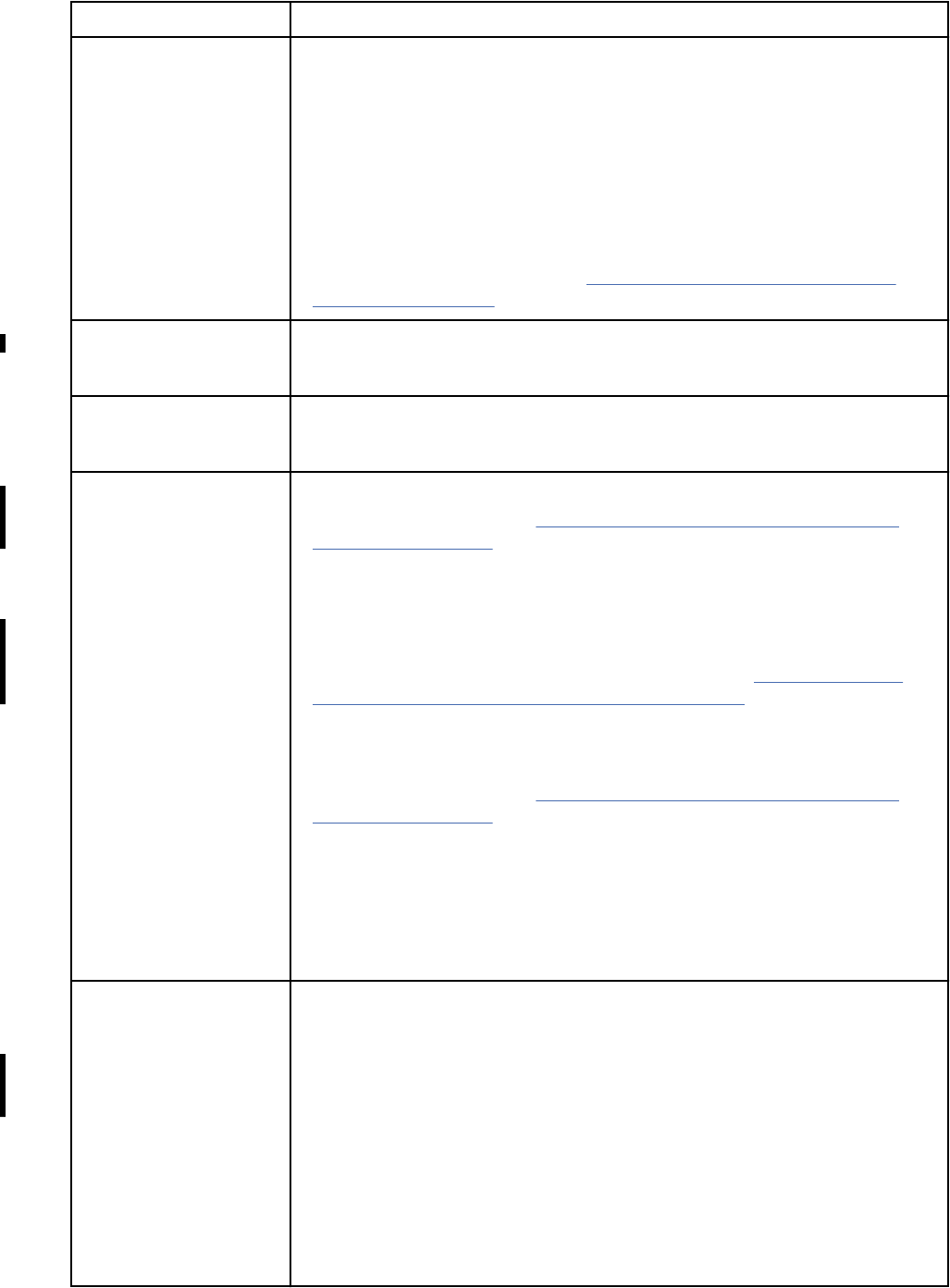
Object or operation Changes that invalidate packages
Indexes
• Adding a column
• Altering an index to regenerate it
• Altering the PADDED or NOT PADDED attribute
• Altering a limit key value of a partitioning index
• Specifying NOT CLUSTER for the partitioning index of a table that uses
index-controlled partitioning, to convert the table to use table controlled
partitioning
• Materializing pending denition changes to indexes with the REORG INDEX
utility. For more information, see Pending data denition changes (Db2
Administration Guide).
Views
• Altering a view to regenerate it
• Altering a table column such that a view cannot regenerate
Packages
• Dropping the package
• Dropping a package that provides the execute privilege for a plan
Routines
• Regenerating procedures. For more information, see the information about
invalidation of packages in ALTER PROCEDURE statement (SQL - native
procedure) (Db2 SQL).
• Altering an external function
• Altering an inlined SQL scalar function
• Altering a version of a compiled SQL scalar function to change certain
options that are specied for the active version. For more information,
see the information about invalidation of packages in ALTER FUNCTION
statement (compiled SQL scalar function) (Db2 SQL).
• Altering a procedure with the ACTIVATE VERSION routine-version-id option,
if the value of routine-version-id is different from the current active
version of the procedure. For more information, see the information about
invalidation of packages in ALTER PROCEDURE statement (SQL - native
procedure) (Db2 SQL).
• Altering SQL table functions:
– Altering the SECURED or NOT SECURED attribute
– Altering the DETERMINISTIC or NOT DETERMINISTIC attribute,
regardless of whether RESTRICT is specied
– Regenerating a table function
Dropping objects
• Dropping the package
• Dropping a package that provides the execute privilege for a plan
• Dropping objects such as aliases, functions, global variables, indexes,
materialized query tables, roles, sequences, synonyms, tables, table
spaces, triggers, views
• Dropping a clone table
• Dropping a column. For pending denition changes, the package
invalidation occurs when the pending denition change is applied to the
table.
• Dropping row permissions or column masks if column access control is
enforced for a table
16Db2 12 for z/OS: Application Programming and SQL Guide (Last updated: 2024-07-30)
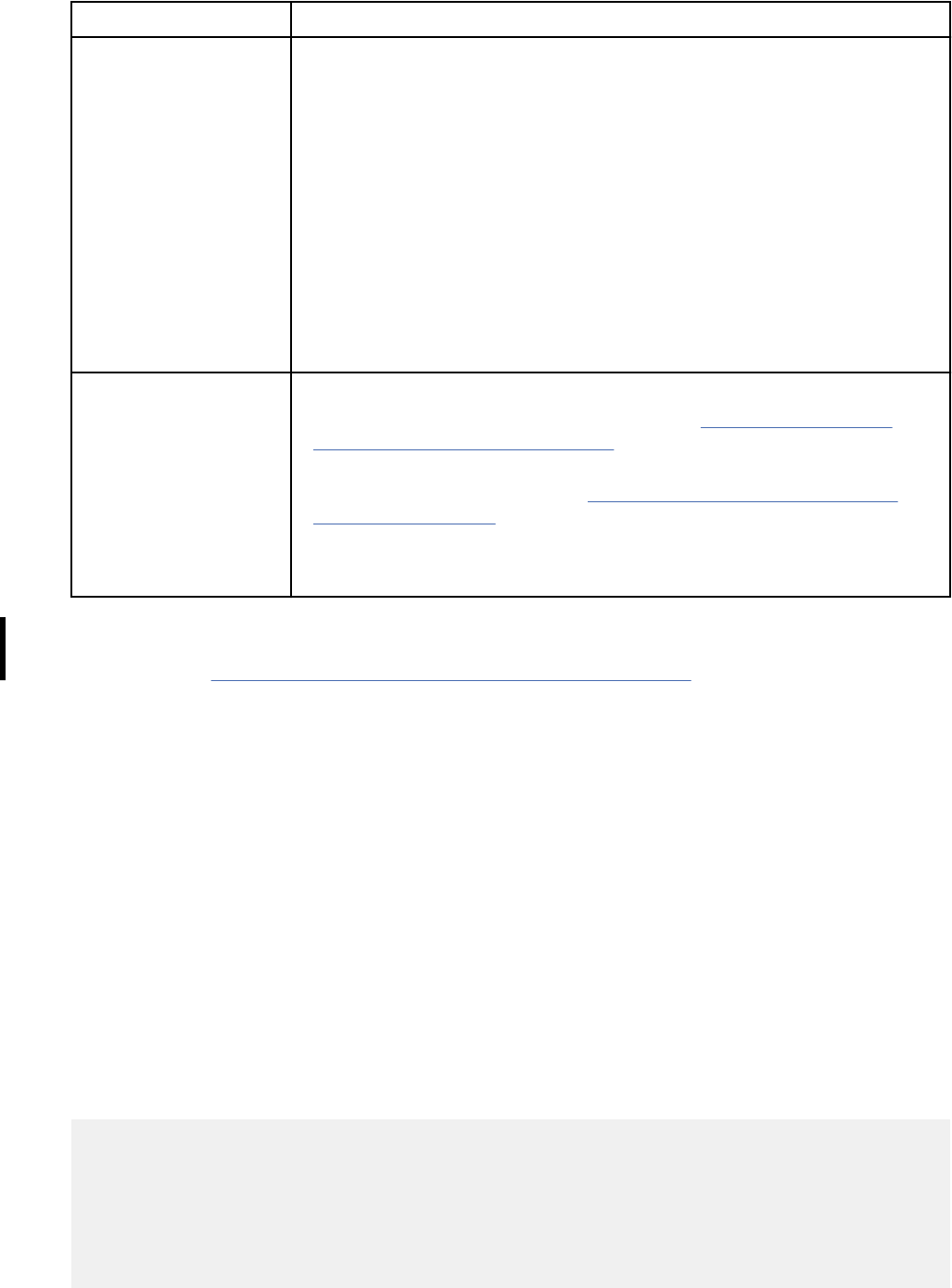
Object or operation Changes that invalidate packages
Authorization and
access control changes
• Revoking authorization from the package owner to access a table, index, or
view
• Revoking authorization from the package owner to execute a stored
procedure, if the package uses the CALL procedure-name form of the CALL
statement to call the stored procedure
• Enabling or disabling masks if column access control is in effect
• Dropping a package that provides the execute privilege for a plan
• Dropping row permissions or column masks if column access control is
enforced for a table
• Activating or deactivating row-level access control for a table
• Activating column-level access control if the table has an enabled column,
or deactivating column-level access control
Utility operations
• Materializing pending denition changes to table spaces with the REORG
TABLESPACE utility. For more information, see Pending data denition
changes (Db2 Administration Guide).
• Materializing pending denition changes to indexes with the REORG INDEX
utility. For more information, see Pending data denition changes (Db2
Administration Guide).
• Running the REORG utility with the REBALANCE keyword
• Running the REPAIR utility on a database with the DBD REBUILD option
Tip: Some alterations do not invalidate packages that depend on the required objects. However, you
might sometimes still need to rebind packages for the application to pick up the changes. For more
information, see “Changes that might require package rebinds” on page 19.
Cascading effects on packages of renaming a column
ALTER TABLE RENAME COLUMN invalidates any package that depends on the table in which the column is
renamed. Any attempt to execute the invalidated package triggers an automatic rebind of the package.
The automatic rebind fails if the column is referenced in the package because the referenced column
no longer exists in the table. In this case, applications that reference the package need to be modied,
recompiled, and rebound to return the expected result.
The automatic rebind succeeds in either of the following cases:
• The package does not reference the column. In this case, the renaming of the column does not affect
the query results that are returned by the package. The application does not need to be modied as a
result of renaming the column.
• The package does reference the column, but after the column is renamed, another column with the
name of the original column is added to the table. In this case, any query that references the name
of the original column might return a different result set. In order to restore the expected results, the
application would need to be modied to specify the new column name.
The following scenario shows how renaming a column can cause a package to return unexpected results:
CREATE TABLE MYTABLE (MYCOL1 INT);
INSERT INTO TABLE MYTABLE
VALUES (1);
SELECT MYCOL1 FROM MYTABLE -- this is the statement in
-- the package MYPACKAGE,
-- the query returns
-- a value of 1
ALTER TABLE MYTABLE
RENAME COLUMN
MYCOL1 TO MYCOL2; -- MYPACKAGE is invalidated
Chapter 1. Planning for and designing Db2 applications
17
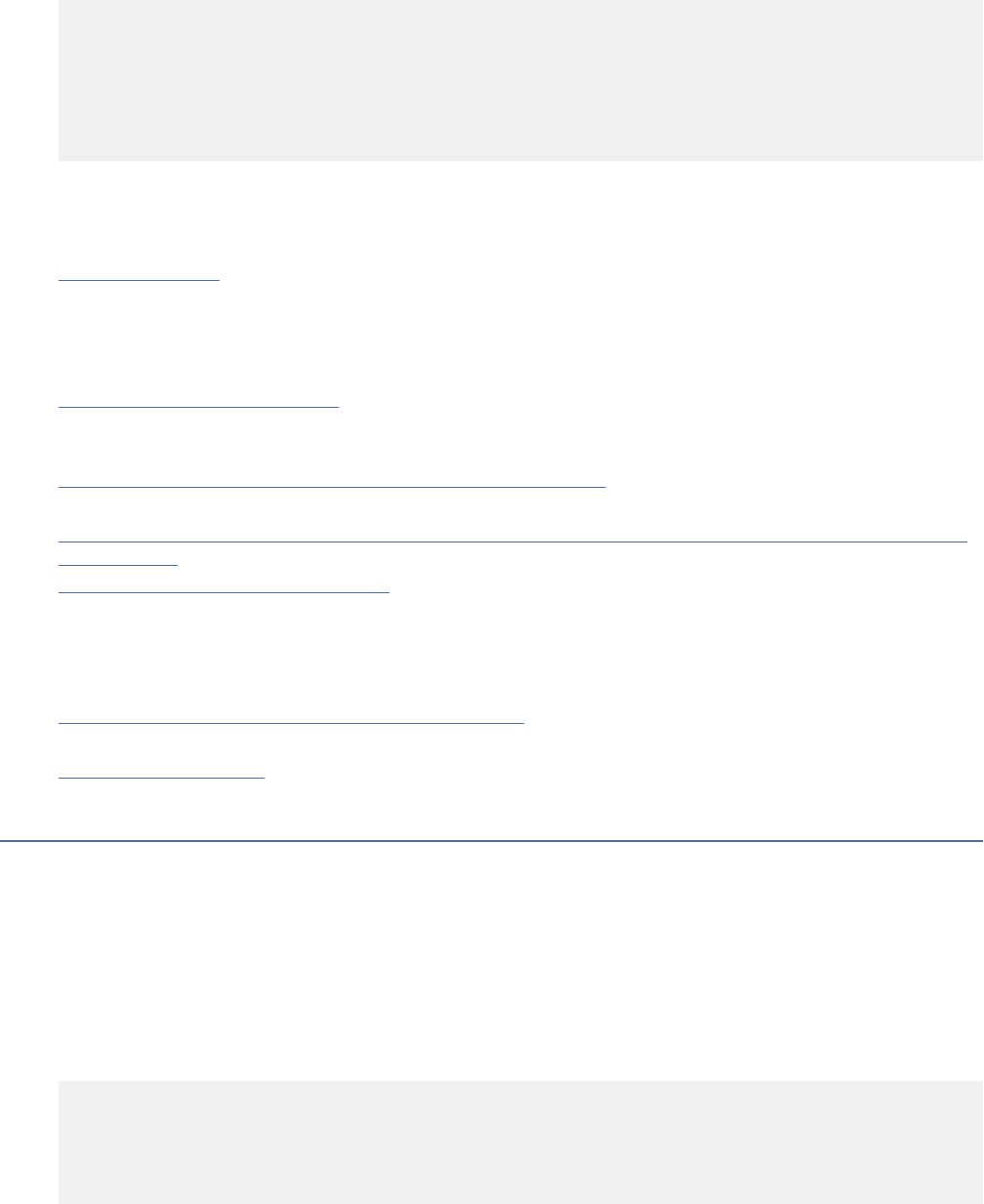
-- and automatic rebind
-- of MYPACKAGE will fail
-- at this point
ALTER TABLE MYTABLE
ADD COLUMN MYCOL1 VARCHAR(10); -- automatic rebind
-- of MYPACKAGE
-- will be successful
INSERT INTO TABLE MYTABLE (MYCOL1)
VALUES ('ABCD');
At this point an application executes MYPACKAGE, which results in a successful automatic rebind.
However, the statement in the package will return 'ABCD' instead of the expected '1'.
Related concepts
Automatic rebinds
Automatic rebinds (sometimes called "autobinds") occur when an authorized user runs a package or
plan and the runtime structures in the plan or package cannot be used. This situation usually results
from changes to the attributes of the data on which the package or plan depends, or changes to the
environment in which the package or plan runs.
“Trigger packages” on page 159
A trigger package is a special type of package that is created only when you execute a CREATE TRIGGER
statement. A trigger package executes only when the associated trigger is activated.
Invalidation of cached dynamic statements (Db2 Performance)
Related tasks
Identifying packages with characteristics that affect performance, concurrency, or the ability to run (Db2
Performance)
“Rebinding applications” on page 895
You must rebind applications to change bind options. You also need to rebind applications when you make
changes that affect the plan or package, such as creating an index, but you have not changed the SQL
statements.
Related reference
Invalid and inoperative packages (Managing Security)
Related information
00E30305 (Db2 Codes)
Identifying invalidated packages
You can identify packages that will become invalidated when certain changes are made to objects.
About this task
Certain changes to objects invalidate packages. By identifying these invalidated packages before you
make the changes, you can prepare necessary rebind operations accordingly.
Procedure
To identify all packages that will be invalidated by a change to a specic object, run the following query:
SELECT DISTINCT DCOLLID, DNAME, DTYPE
FROM SYSIBM.SYSPACKDEP
WHERE BQUALIFIER = object_qualifier
AND BNAME = object_name
AND BTYPE = object_type
ORDER BY DCOLLID, DNAME;
object_qualier
The qualier of the object
object_name
The name of the object
18
Db2 12 for z/OS: Application Programming and SQL Guide (Last updated: 2024-07-30)

object_type
The type of object
Results
The query returns a table that contains package information based on the selected values in the query.
For details about the selected values, see SYSPACKDEP catalog table (Db2 SQL).
Changes that might require package rebinds
Some changes to database objects that do not cause packages to be invalidated might still require a
rebind for the changes to take effect for the application.
The following SQL statements cause Db2 to set the VALID column value to 'A' in the SYSIBM.SYSPACKAGE
catalog table. This value indicates that an SQL statement changed the description of the table or base
table of a view that the package references. These changes do not invalidate the package. However, a
rebind might be required for the package to pick up the changes from the statement.
• ALTER TABLE statements with the following clauses:
– ADD COLUMN (except for cases that invalidate packages; see “Changes that invalidate packages” on
page 14)
– ADD or DROP FOREIGN KEY
– ADD or DROP UNIQUE
– DROP constraint
– ADD PARTITIONING KEY
– ADD or DROP CHECK
– VALIDPROC
– VOLATILE or NOT VOLATILE
– APPEND YES or NO
• EXCHANGE statements
Related concepts
Changes that invalidate packages
Changes to your program or database objects can invalidate packages.
Related reference
SYSPACKAGE catalog table (Db2 SQL)
ALTER TABLE statement (Db2 SQL)
EXCHANGE statement (Db2 SQL)
Determining the value of any bind options that affect the design of
your program
Several options of the BIND PACKAGE and BIND PLAN commands can affect your program design. For
example, you can use a bind option to ensure that a package or plan can run only from a particular CICS
connection or IMS region. Your code does not need to enforce this situation.
Procedure
Review the list of bind options and decide the values for any options that affect the way that you write
your program.
For example, you should decide the values of the ACQUIRE and RELEASE options before you write your
program. These options determine when your application acquires and releases locks on the objects it
uses.
Chapter 1. Planning for and designing Db2 applications
19

Related reference
BIND and REBIND options for packages, plans, and services (Db2 Commands)
Programming applications for performance
You can achieve better Db2 performance by considering performance as you program and deploy your
applications.
Procedure
To improve the performance of application programs that access data in Db2, use the following
approaches when writing and preparing your programs:
• Program your applications for concurrency.
The goal is to program and prepare applications in a way that:
– Protects the integrity of the data that is being read or updated from being changed by other
applications.
– Minimizes the length of time that other access to the data is prevented.
For more information about data concurrency in Db2 and recommendations for improving concurrency
in your application programs, see the following topics:
– Programming for concurrency (Db2 Performance)
– Designing databases for concurrency (Db2 Performance)
– Concurrency and locks (Db2 Performance)
– Improving concurrency (Db2 Performance)
– Improving concurrency in data sharing environments (Db2 Data Sharing Planning and
Administration)
• Write SQL statements that access data efciently.
The predicates, subqueries, and other structures in SQL statements affect the access paths that Db2
uses to access the data.
For information about how to write SQL statements that access data efciently, see the following
topics:
– Ways to improve query performance (Introduction to Db2 for z/OS)
– Writing efcient SQL queries (Db2 Performance)
• Use EXPLAIN or SQL optimization tools to analyze the access paths that Db2 chooses to process your
SQL statements.
By analyzing the access path that Db2 uses to access the data for an SQL statement, you can discover
potential problems. You can use this information to modify your statement to perform better.
For information about how you can use EXPLAIN tables to analyze the access paths for your SQL
statements, see the following topics:
– Investigating access path problems (Db2 Performance)
– 00C200A4 (Db2 Codes)
– Investigating SQL performance by using EXPLAIN (Db2 Performance)
– Interpreting data access by using EXPLAIN (Db2 Performance)
– EXPLAIN tables (Db2 Performance)
– EXPLAIN statement (Db2 SQL)
• Consider performance in the design of applications that access distributed data.
The goal is to reduce the amount of network trafc that is required to access the distributed data, and
to manage the use of system resources such as distributed database access threads and connections.
20
Db2 12 for z/OS: Application Programming and SQL Guide (Last updated: 2024-07-30)

For information about improving the performance of applications that access distributed data, see the
following topics:
– Ways to reduce network trafc (Introduction to Db2 for z/OS)
– Managing Db2 threads (Db2 Performance)
– Improving performance for applications that access distributed data (Db2 Performance)
– Improving performance for SQL statements in distributed applications (Db2 Performance)
• Use stored procedures to improve performance, and consider performance when creating stored
procedures.
For information about stored procedures and Db2 performance, see the following topics:
– Implementing Db2 stored procedures (Stored procedures provided by Db2)
– Improving the performance of stored procedures and user-dened functions (Db2 Performance)
Related concepts
Query and application performance analysis (Introduction to Db2 for z/OS)
Programming for the instrumentation facility interface (IFI) (Db2 Performance)
Related tasks
Overview of programming applications that access Db2 for z/OS data
Applications that interact with Db2 must rst connect to Db2. They can then read, add, or modify data or
manipulate Db2 objects.
Setting limits for system resource usage by using the resource limit facility (Db2 Performance)
Planning for and designing Db2 applications
Before you write or run your program, you need to make some planning and design decisions. These
decisions need to be made whether you are writing a new Db2 application or migrating an existing
application from a previous release of Db2.
Designing your application for recovery
If your application fails or Db2 terminates abnormally, you need to ensure the integrity of any data that
was manipulated in your application. You should consider possible recovery situations when you design
your application.
Procedure
To design your application for recovery:
1. Put any changes that logically need to be made at the same time in the same unit of work. This action
ensures that in case Db2 terminates abnormally or your application fails, the data is left in a consistent
state.
A unit of work is a logically distinct procedure that contains steps that change the data. If all the steps
complete successfully, you want the data changes to become permanent. But, if any of the steps fail,
you want all modied data to return to the original value before the procedure began. For example,
suppose two employees in the sample table DSN8C10.EMP exchange ofces. You need to exchange
their ofce phone numbers in the PHONENO column. You need to use two UPDATE statements to
make each phone number current. Both statements, taken together, are a unit of work. You want both
statements to complete successfully. For example, if only one statement is successful, you want both
phone numbers rolled back to their original values before attempting another update.
2. Consider how often you should commit any changes to the data.
If your program abends or the system fails, Db2 backs out all uncommitted data changes. Changed
data returns to its original condition without interfering with other system activities.
For IMS and CICS applications, if the system fails, Db2 data does not always return to a consistent
state immediately. Db2 does not process indoubt data (data that is neither uncommitted nor
committed) until you restart IMS or the CICS attachment facility. To ensure that Db2 and IMS are
Chapter 1. Planning for and designing Db2 applications
21

synchronized, restart both Db2 and IMS. To ensure that Db2 and CICS are synchronized, restart both
Db2 and the CICS attachment facility.
3. Consider whether your application should intercept abends.
If your application intercepts abends, Db2 commits work, because it is unaware that an abend has
occurred. If you want Db2 to roll back work automatically when an abend occurs in your program, do
not let the program or run time environment intercept the abend. If your program uses Language
Environment
®
, and you want Db2 to roll back work automatically when an abend occurs in the
program, specify the run time options ABTERMENC(ABEND) and TRAP(ON).
4. For TSO applications only: Issue COMMIT statements before you connect to another DBMS.
If the system fails at this point, Db2 cannot know whether your transaction is complete. In this case,
as in the case of a failure during a one-phase commit operation for a single subsystem, you must make
your own provision for maintaining data integrity.
5. For TSO applications only: Determine if you want to provide an abend exit routine in your program.
If you provide this routine, it must use tracking indicators to determine if an abend occurs during
Db2 processing. If an abend does occur when Db2 has control, you must allow task termination to
complete. Db2 detects task termination and terminates the thread with the ABRT parameter. Do not
re-run the program.
Allowing task termination to complete is the only action that you can take for abends that are caused
by the CANCEL command or by DETACH. You cannot use additional SQL statements at this point. If
you attempt to execute another SQL statement from the application program or its recovery routine,
unexpected errors can occur.
Related concepts
Unit of work (Introduction to Db2 for z/OS)
Unit of work in TSO
Applications that use the TSO attachment facility can explicitly dene units of work by using the SQL
COMMIT and ROLLBACK statements.
In TSO applications, a unit of work starts when the rst updates of a Db2 object occur. A unit of work ends
when one of the following conditions occurs:
• The program issues a subsequent COMMIT statement. At this point in the processing, your program
has determined that the data is consistent; all data changes that were made since the previous commit
point were made correctly.
• The program issues a subsequent ROLLBACK statement. At this point in the processing, your program
has determined that the data changes were not made correctly and, therefore, should not be
permanent. A ROLLBACK statement causes any data changes that were made since the last commit
point to be backed out.
• The program terminates and returns to the DSN command processor, which returns to the TSO Terminal
Monitor Program (TMP).
The rst and third conditions in the preceding list are called a commit point. A commit point occurs when
you issue a COMMIT statement or your program terminates normally.
Related reference
COMMIT statement (Db2 SQL)
ROLLBACK statement (Db2 SQL)
22
Db2 12 for z/OS: Application Programming and SQL Guide (Last updated: 2024-07-30)
Unit of work in CICS
CICS applications can explicitly dene units of work by using the CICS SYNCPOINT command.
Alternatively, units of work are dened implicitly by several logic-breaking points.
All the processing that occurs in your program between two commit points is known as a logical unit of
work (LUW) or unit of work. In CICS applications, a unit of work is marked as complete by a commit or
synchronization (sync) point, which is dened in one of following ways:
• Implicitly at the end of a transaction, which is signaled by a CICS RETURN command at the highest
logical level.
• Explicitly by CICS SYNCPOINT commands that the program issues at logically appropriate points in the
transaction.
• Implicitly through a DL/I PSB termination (TERM) call or command.
• Implicitly when a batch DL/I program issues a DL/I checkpoint call. This call can occur when the batch
DL/I program shares a database with CICS applications through the database sharing facility.
For example, consider a program that subtracts the quantity of items sold from an inventory le and then
adds that quantity to a reorder le. When both transactions complete (and not before) and the data in the
two les is consistent, the program can then issue a DL/I TERM call or a SYNCPOINT command. If one of
the steps fails, you want the data to return to the value it had before the unit of work began. That is, you
want it rolled back to a previous point of consistency. You can achieve this state by using the SYNCPOINT
command with the ROLLBACK option.
By using a SYNCPOINT command with the ROLLBACK option, you can back out uncommitted data
changes. For example, a program that updates a set of related rows sometimes encounters an error after
updating several of them. The program can use the SYNCPOINT command with the ROLLBACK option to
undo all of the updates without giving up control.
The SQL COMMIT and ROLLBACK statements are not valid in a CICS environment. You can coordinate Db2
with CICS functions that are used in programs, so that Db2 and non-Db2 data are consistent.
Planning for program recovery in IMS programs
To be prepared for recovery situations for IMS programs that access Db2 data, you need to make
several design decisions that are specic to IMS programs. These decisions are in addition to the general
recommendations that you should follow when designing your application for recovery.
About this task
Both IMS and Db2 handle recovery in an IMS application program that accesses Db2 data. IMS
coordinates the process, and Db2 handles recovery for Db2 data.
Procedure
To plan for program recovery in IMS programs:
1. For a program that processes messages as its input, decide whether to specify single-mode or
multiple-mode transactions on the TRANSACT statement of the APPLCTN macro for the program.
Single-mode
Indicates that a commit point in Db2 occurs each time the program issues a call to retrieve a new
message. Specifying single-mode can simplify recovery; if the program abends, you can restart
the program from the most recent call for a new message. When IMS restarts the program, the
program starts by processing the next message.
Multiple-mode
Indicates that a commit point occurs when the program issues a checkpoint call or when it
terminates normally. Those two events are the only times during the program that IMS sends the
program's output messages to their destinations. Because fewer commit points are processed in
multiple-mode programs than in single-mode programs, multiple-mode programs could perform
Chapter 1. Planning for and designing Db2 applications
23

slightly better than single-mode programs. When a multiple-mode program abends, IMS can
restart it only from a checkpoint call. Instead of having only the most recent message to reprocess,
a program might have several messages to reprocess. The number of messages to process
depends on when the program issued the last checkpoint call.
Db2 does some processing with single- and multiple-mode programs. When a multiple-mode program
issues a call to retrieve a new message, Db2 performs an authorization check and closes all open
cursors in the program.
2. Decide whether to issue checkpoint calls (CHKP) and if so, how often to issue them.
Each call indicates to IMS that the program has reached a sync point and establishes a place in the
program from which you can restart the program.
Consider the following factors when deciding when to use checkpoint calls:
• How long it takes to back out and recover that unit of work. The program must issue checkpoints
frequently enough to make the program easy to back out and recover.
• How long database resources are locked in Db2 and IMS.
• For multiple-mode programs: How you want the output messages grouped. Checkpoint calls
establish how a multiple-mode program groups its output messages. Programs must issue
checkpoints frequently enough to avoid building up too many output messages.
Restriction: You cannot use SQL COMMIT and ROLLBACK statements in the Db2 DL/I batch support
environment, because IMS coordinates the unit of work.
3. Issue CLOSE CURSOR statements before any checkpoint calls or GU calls to the message queue, not
after.
4. After any checkpoint calls, set the value of any special registers that were reset if their values are
needed after the checkpoint:
A CHKP call causes IMS to sign on to Db2 again, which resets the special registers that are shown in
the following table.
Table 1. Special registers that are reset by a checkpoint call.
Special register Value to which it is reset after a checkpoint call
CURRENT PACKAGESET blanks
CURRENT SERVER blanks
CURRENT SQLID blanks
CURRENT DEGREE 1
5. After any commit points, reopen the cursors that you want and re-establish positioning
6. Decide whether to specify the WITH HOLD option for any cursors.
This option determines whether the program retains the position of the cursor in the Db2 database
after you issue IMS CHKP calls. You always lose the program database positioning in DL/I after an IMS
CHKP call.
The program database positioning in Db2 is affected according to the following criteria:
• If you do not specify the WITH HOLD option for a cursor, you lose the position of that cursor.
• If you specify the WITH HOLD option for a cursor and the application is message-driven, you lose the
position of that cursor.
• If you specify the WITH HOLD option for a cursor and the application is operating in DL/I batch or
DL/I BMP, you retain the position of that cursor.
7. Use IMS rollback calls, ROLL and ROLB, to back out Db2 and DL/I changes to the last commit point.
These options have the following differences:
24
Db2 12 for z/OS: Application Programming and SQL Guide (Last updated: 2024-07-30)
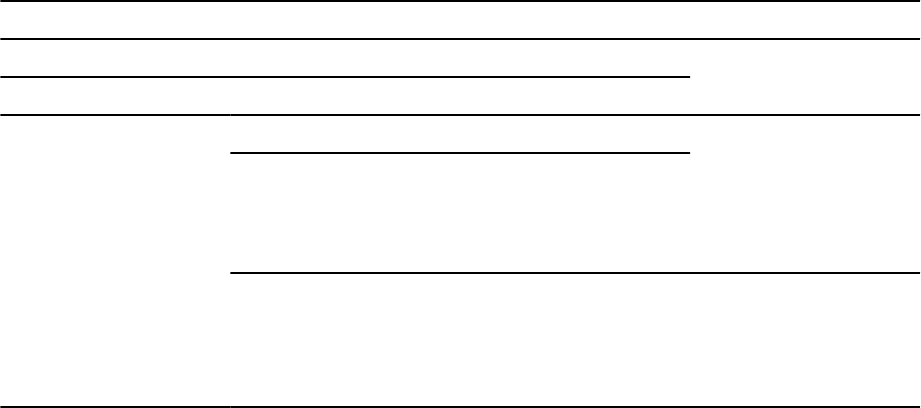
ROLL
Species that all changes since the last commit point are to be backed out and the program is to
be terminated. IMS terminates the program with user abend code U0778 and without a storage
dump.
When you issue a ROLL call, the only option you supply is the call function, ROLL.
ROLLB
Species that all changes since the last commit point are to be backed out and control is to be
returned to the program so that it can continue processing.
A ROLB call has the following options:
• The call function, ROLB
• The name of the I/O PCB
How ROLL and ROLB calls effect DL/I changes in a batch environment depends on the IMS system log
and back out options that are specied, as shown in the following table.
Table 2. Effects of ROLL and ROLLB calls on DL/I changes in a batch environment
Options specied
ResultRollback call System log option Backout option
ROLL tape any DL/I does not back
out updates, and abend
U0778 occurs. Db2
backs out updates
to the previous
checkpoint.
disk BKO=NO
disk BKO=YES DL/I backs out updates,
and abend U0778
occurs. Db2 backs out
updates to the previous
checkpoint.
Chapter 1. Planning for and designing Db2 applications25
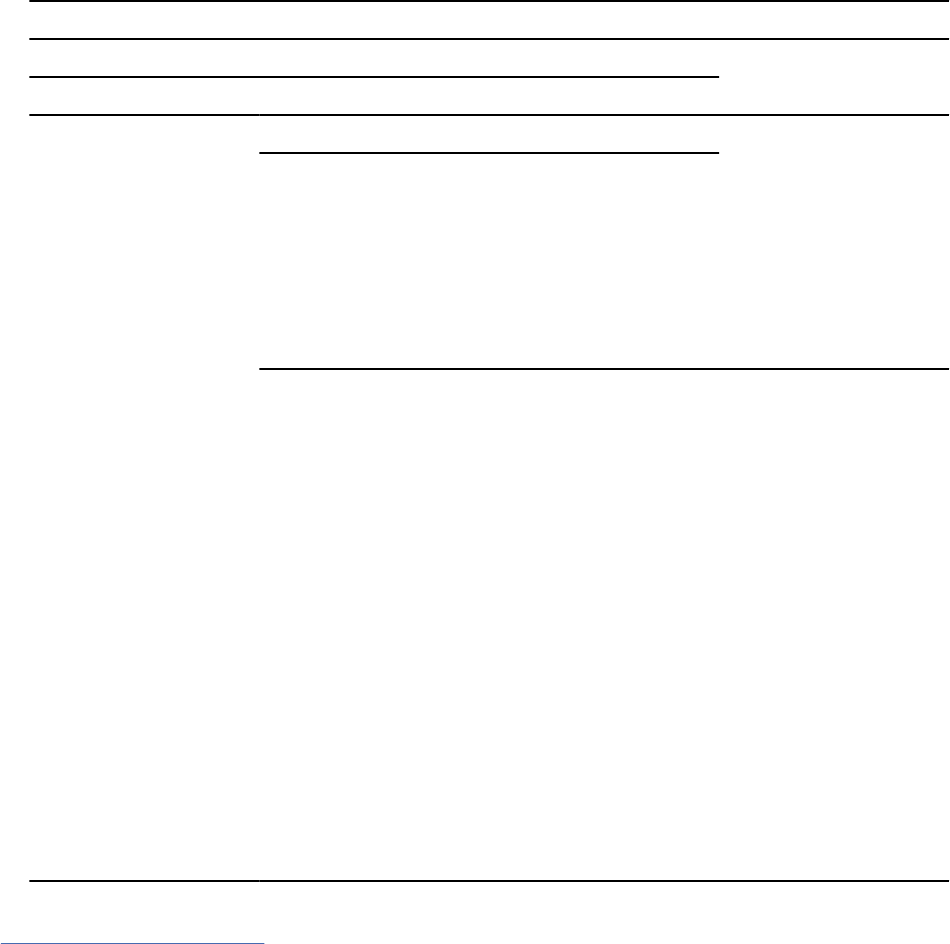
Table 2. Effects of ROLL and ROLLB calls on DL/I changes in a batch environment (continued)
Options specied
ResultRollback call System log option Backout option
ROLB tape any DL/I does not back out
updates, and an AL
status code is returned
in the PCB. Db2 backs
out updates to the
previous checkpoint.
The Db2 DL/I support
causes the application
program to abend when
ROLB fails.
disk BKO=NO
disk BKO=YES DL/I backs out
database updates, and
control is passed back
to the application
program. Db2 backs out
updates to the previous
checkpoint.
Restriction: You cannot
specify the address of
an I/O area as one
of the options on the
call; if you do, your
program receives an AD
status code. However,
you must have an I/O
PCB for your program.
Specify CMPAT=YES on
the CMPAT keyword in
the PSBGEN statement
for your program's PSB.
Related concepts
Checkpoints in IMS programs
Issuing checkpoint calls releases locked resources and establishes a place in the program from which you
can restart the program. The decision about whether your program should issue checkpoints (and if so,
how often) depends on your program.
Unit of work in IMS online programs
IMS applications can explicitly dene units of work by using a CHKP, SYNC, ROLL, or ROLB call, or, for
single-mode transactions, a GU call.
In IMS, a unit of work starts when one of the following events occurs:
• When the program starts
• After a CHKP, SYNC, ROLL, or ROLB call has completed
• For single-mode transactions, when a GU call is issued to the I/O PCB
A unit of work ends when one of the following events occurs:
• The program issues either a subsequent CHKP or SYNC call, or, for single-mode transactions, a GU call
to the I/O PCB. At this point in the processing, the data is consistent. All data changes that were made
since the previous commit point are made correctly.
26
Db2 12 for z/OS: Application Programming and SQL Guide (Last updated: 2024-07-30)
• The program issues a subsequent ROLB or ROLL call. At this point in the processing, your program
has determined that the data changes are not correct and, therefore, that the data changes should not
become permanent.
• The program terminates.
Restriction: The SQL COMMIT and ROLLBACK statements are not valid in an IMS environment.
A commit point occurs in a program as the result of any one of the following events:
• The program terminates normally. Normal program termination is always a commit point.
• The program issues a checkpoint call. Checkpoint calls are a program's means of explicitly indicating to
IMS that it has reached a commit point in its processing.
• The program issues a SYNC call. A SYNC call is a Fast Path system service call to request commit-point
processing. You can use a SYNC call only in a non-message-driven Fast Path program.
• For a program that processes messages as its input, a commit point can occur when the program
retrieves a new message. This behavior depends on the mode that you specify in the APPLCTN macro
for the program:
– If you specify single-mode transactions, a commit point in Db2 occurs each time the program issues
a call to retrieve a new message.
– If you specify multiple-mode transactions or you do not specify a mode, a commit point occurs when
the program issues a checkpoint call or when it terminates normally.
At the time of a commit point, the following actions occur:
• IMS and Db2 can release locks that the program has held since the last commit point. Releasing these
locks makes the data available to other application programs and users.
• Db2 closes any open cursors that the program has been using.
• IMS and Db2 make the program's changes to the database permanent.
• If the program processes messages, IMS sends the output messages that the application program
produces to their nal destinations. Until the program reaches a commit point, IMS holds the program's
output messages at a temporary destination.
If the program abends before reaching the commit point, the following actions occur:
• Both IMS and Db2 back out all the changes the program has made to the database since the last
commit point.
• IMS deletes any output messages that the program has produced since the last commit point (for
nonexpress PCBs).
• If the program processes messages, people at terminals and other application programs receive
information from the terminating application program.
If the system fails, a unit of work resolves automatically when Db2 and IMS batch programs reconnect.
Any indoubt units of work are resolved at reconnect time.
Specifying checkpoint frequency in IMS programs
A checkpoint indicates a commit point in IMS programs. You should specify checkpoint frequency in your
program in a way that allows it to easily be changed, in case the frequency that you initially specify is not
appropriate.
Procedure
To specify checkpoint frequency in IMS programs:
1. Use a counter in your program to keep track of one of the following items:
• Elapsed time
• The number of root segments that your program accesses
• The number of updates that your program performs
Chapter 1. Planning for and designing Db2 applications
27
2. Issue a checkpoint call after a certain time interval, number of root segments, or number of updates.
Checkpoints in IMS programs
Issuing checkpoint calls releases locked resources and establishes a place in the program from which you
can restart the program. The decision about whether your program should issue checkpoints (and if so,
how often) depends on your program.
Generally, the following types of programs should issue checkpoint calls:
• Multiple-mode programs
• Batch-oriented BMPs
• Nonmessage-driven Fast Path programs. (These programs can use a special Fast Path call, but they can
also use symbolic checkpoint calls.)
• Most batch programs
• Programs that run in a data sharing environment. (Data sharing makes it possible for online and batch
application programs in separate IMS systems, in the same or separate processors, to access databases
concurrently. Issuing checkpoint calls frequently in programs that run in a data sharing environment is
important, because programs in several IMS systems access the database.)
You do not need to issue checkpoints in the following types of programs:
• Single-mode programs
• Database load programs
• Programs that access the database in read-only mode (dened with the processing option GO during a
PSBGEN) and are short enough to restart from the beginning
• Programs that, by their nature, must have exclusive use of the database
A CHKP call causes IMS to perform the following actions:
• Inform Db2 that the changes that your program made to the database can become permanent. Db2
makes the changes to Db2 data permanent, and IMS makes the changes to IMS data permanent.
• Send a message that contains the checkpoint identication that is given in the call to the system
console operator and to the IMS master terminal operator (MTO).
• Return the next input message to the program's I/O area if the program processes input messages. In
MPPs and transaction-oriented BMPs, a checkpoint call acts like a call for a new message.
• Sign on to Db2 again.
Programs that issue symbolic checkpoint calls can specify as many as seven data areas in the program
that is to be restored at restart. Db2 always recovers to the last checkpoint. You must restart the program
from that point.
If you use symbolic checkpoint calls, you can use a restart call (XRST) to restart a program after an
abend. This call restores the program's data areas to the way they were when the program terminated
abnormally, and it restarts the program from the last checkpoint call that the program issued before
terminating abnormally.
Restriction: For BMP programs that process Db2 databases, you can restart the program only from the
latest checkpoint and not from any checkpoint, as in IMS.
Checkpoints in MPPs and transaction-oriented BMPs
In single-mode programs, checkpoint calls and message retrieval calls (called get-unique calls) both
establish commit points. The checkpoint calls retrieve input messages and take the place of get-unique
calls. BMPs that access non-DL/I databases and MPPs can issue both get unique calls and checkpoint
calls to establish commit points. However, message-driven BMPs must issue checkpoint calls rather than
get-unique calls to establish commit points, because they can restart from a checkpoint only. If a program
abends after issuing a get-unique call, IMS backs out the database updates to the most recent commit
point, which is the get-unique call.
28
Db2 12 for z/OS: Application Programming and SQL Guide (Last updated: 2024-07-30)

In multiple-mode BMPs and MPPs, the only commit points are the checkpoint calls that the program
issues and normal program termination. If the program abends and it has not issued checkpoint calls,
IMS backs out the program's database updates and cancels the messages that it has created since
the beginning of the program. If the program has issued checkpoint calls, IMS backs out the program's
changes and cancels the output messages it has created since the most recent checkpoint call.
Checkpoints in batch-oriented BMPs
If a batch-oriented BMP does not issue checkpoints frequently enough, IMS can abend that BMP or
another application program for one of the following reasons:
• Other programs cannot get to the data that they need within a specied amount of time.
If a BMP retrieves and updates many database records between checkpoint calls, it can monopolize
large portions of the databases and cause long waits for other programs that need those segments. (The
exception to this situation is a BMP with a processing option of GO; IMS does not enqueue segments for
programs with this processing option.) Issuing checkpoint calls releases the segments that the BMP has
enqueued and makes them available to other programs.
• Not enough storage is available for the segments that the program has read and updated.
If IMS is using program isolation enqueuing, the space that is needed to enqueue information about
the segments that the program has read and updated must not exceed the amount of storage that
is dened for the IMS system. (The amount of storage available is specied during IMS system
denition. ) If a BMP enqueues too many segments, the amount of storage that is needed for the
enqueued segments can exceed the amount of available storage. In that case, IMS terminates the
program abnormally. You then need to increase the program's checkpoint frequency before rerunning
the program.
When you issue a DL/I CHKP call from an application program that uses Db2 databases, IMS processes
the CHKP call for all DL/I databases, and Db2 commits all the Db2 database resources. No checkpoint
information is recorded for Db2 databases in the IMS log or the Db2 log. The application program must
record relevant information about Db2 databases for a checkpoint, if necessary. One way to record such
information is to put it in a data area that is included in the DL/I CHKP call.
Performance might be slowed by the commit processing that Db2 does during a DL/I CHKP call, because
the program needs to re-establish position within a Db2 database. The fastest way to re-establish a
position in a Db2 database is to use an index on the target table, with a key that matches one-to-one with
every column in the SQL predicate.
Recovering data in IMS programs
Online IMS systems handle recovery and restart. For a batch region, the operational procedures control
recovery and restart for your location.
Procedure
Take one or more of the following actions depending on the type of program:
Program type
Recommended action
DL/I batch applications Use the DL/I batch backout utility to back out DL/I changes. Db2
automatically backs out changes whenever the application program
abends.
Applications that use
symbolic checkpoints
Use a restart call (XRST) to restart a program after an abend. This
call restores the program's data areas to the way they were when the
program terminated abnormally, and it restarts the program from the last
checkpoint call that the program issued before terminating abnormally.
BMP programs that access
Db2 databases
Restart the program from the latest checkpoint.
Chapter 1. Planning for and designing Db2 applications29
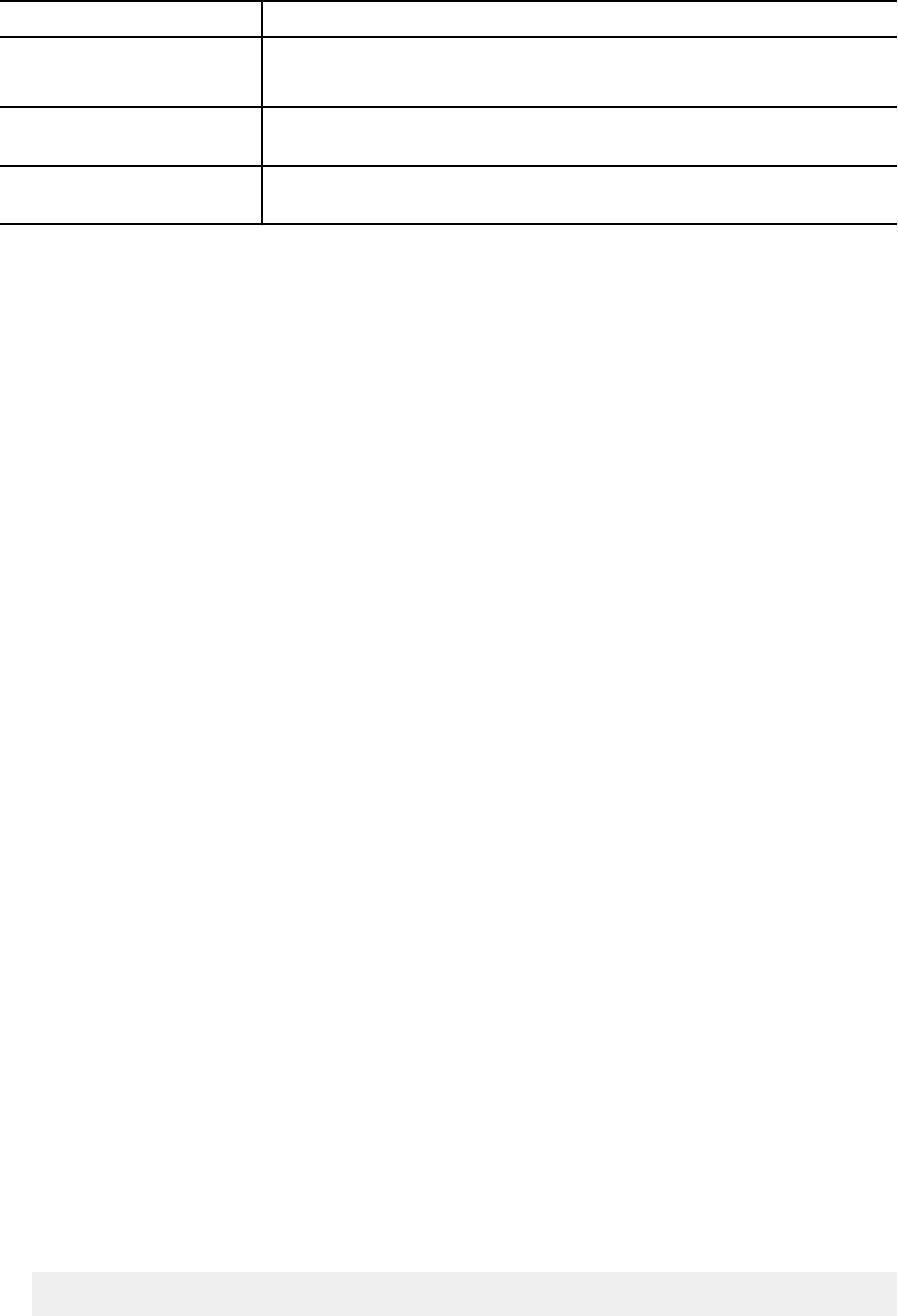
Program type Recommended action
Restriction: You can restart the program only from the latest checkpoint
and not from any checkpoint, as in IMS.
Applications that use online
IMS systems
No action needed. Recovery and restart are part of the IMS system
Applications that reside in
the batch region
Follow your location's operational procedures to control recovery and
restart.
Undoing selected changes within a unit of work by using savepoints
Savepoints enable you to undo selected changes within a unit of work. Your application can set any
number of savepoints and then specify a specic savepoint to indicate which changes to undo within the
unit of work.
Procedure
To undo selected changes within a unit of work by using savepoints:
1. Set any savepoints by using SQL SAVEPOINT statements.
Savepoints set a point to which you can undo changes within a unit of work.
Consider the following abilities and restrictions when setting savepoints:
• You can set a savepoint with the same name multiple times within a unit of work. Each time that you
set the savepoint, the new value of the savepoint replaces the old value.
• If you do not want a savepoint to have different values within a unit of work, use the UNIQUE option
in the SAVEPOINT statement. If an application executes a SAVEPOINT statement with the same
name as a savepoint that was previously dened as unique, an SQL error occurs.
• If you set a savepoint before you execute a CONNECT statement, the scope of that savepoint is
the local site. If you set a savepoint after you execute the CONNECT statement, the scope of that
savepoint is the site to which you are connected.
• When savepoints are active, which they are until the unit of work completes, you cannot access
remote sites by using three-part names or aliases for three-part names. You can, however, use DRDA
access with explicit CONNECT statements.
• You cannot use savepoints in global transactions, triggers, user-dened functions, or stored
procedures that are nested within triggers or user-dened functions.
2. Specify the changes that you want to undo within a unit of work by using the SQL ROLLBACK TO
SAVEPOINT statement.
Db2 undoes all changes since the specied savepoint. If you do not specify a savepoint name, Db2
rolls back work to the most recently created savepoint.
3. Optional: If you no longer need a savepoint, delete it by using the SQL RELEASE SAVEPOINT
statement.
Recommendation: If you no longer need a savepoint before the end of a transaction, release it.
Otherwise, savepoints are automatically released at the end of a unit of work. Releasing savepoints is
essential if you need to use three-part names to access remote locations, because you cannot perform
this action while savepoints are active.
Examples
Example: Rolling back to the most recently created savepoint
When the ROLLBACK TO SAVEPOINT statement is executed in the following code, Db2 rolls back work
to savepoint B.
EXEC SQL SAVEPOINT A;
...
30
Db2 12 for z/OS: Application Programming and SQL Guide (Last updated: 2024-07-30)

EXEC SQL SAVEPOINT B;
...
EXEC SQL ROLLBACK TO SAVEPOINT;
Example: Setting savepoints during distributed processing
An application performs the following tasks:
1. Sets savepoint C1.
2. Does some local processing.
3. Executes a CONNECT statement to connect to a remote site.
4. Sets savepoint C2.
Because savepoint C1 is set before the application connects to a remote site, savepoint C1 is known
only at the local site. However, because savepoint C2 is set after the application connects to the
remote site, savepoint C2 is known only at the remote site.
Setting multiple savepoints with the same name
Suppose that the following actions occur within a unit of work:
1. Application A sets savepoint S.
2. Application A calls stored procedure P.
3. Stored procedure P sets savepoint S.
4. Stored procedure P executes the following statement: ROLLBACK TO SAVEPOINT S
When Db2 executes the ROLLBACK statement, Db2 rolls back work to the savepoint that was set in
the stored procedure, because that value is the most recent value of savepoint S.
Related reference
RELEASE SAVEPOINT statement (Db2 SQL)
ROLLBACK statement (Db2 SQL)
SAVEPOINT statement (Db2 SQL)
Planning for recovery of table spaces that are not logged
To suppress logging, you can specify the NOT LOGGED option when you create or alter a table space.
However, because logs are generally used in recovery, planning for recovery of table spaces for which
changes are not logged requires some additional planning.
About this task
Although you can plan for recovery, you still need to take some corrective actions after any system
failures to recover the data and x any affected table spaces. For example, if a table space that is not
logged was open for update at the time that Db2 terminates, the subsequent restart places that table
space in LPL and marks it with RECOVER-pending status. You need to take corrective action to clear the
RECOVER-pending status.
Procedure
To plan for recovery of table spaces that are not logged:
1. Ensure that you can recover lost data by performing one of the following actions:
• Ensure that you have a data recovery source that does not rely on a log record to re-create any lost
data.
• Limit modications that are not logged to easily repeatable changes that can be quickly repeated.
2. Avoid placing a table space that is not logged in a RECOVER-pending status.
The following actions place a table space in RECOVER-pending status:
• Issuing a ROLLBACK statement or ROLLBACK TO SAVEPOINT statement after modifying a table in a
table space that is not logged.
Chapter 1. Planning for and designing Db2 applications
31

• Causing duplicate keys or referential integrity violations when you modify a table space that is not
logged.
If the table space is placed in RECOVER-pending status, it is unavailable until you manually x it.
3. For table spaces that are not logged and have associated LOB or XML table spaces, take image copies
as a recovery set.
This action ensures that the base table space and all the associated LOB or XML table spaces are
copied at the same point in time. A subsequent RECOVER TO LASTCOPY operation for the entire set
results in consistent data across the base table space and all of the associated LOB and XML table
spaces.
Related tasks
Clearing the RECOVER-pending status (Db2 Administration Guide)
Related reference
RECOVER (Db2 Utilities)
Designing your application to access distributed data
You can design applications that access data on another database management system (DBMS) other
than your local system. You should consider the limitations and recommendations for such programs
when designing them.
Procedure
To design your application to access distributed data:
1. Ensure that the appropriate authorization ID has been granted authorization at the remote server to
connect to that server and use resources from it.
2. If your application contains SQL statements that run at the requester, include at the requester a
database request module (DBRM) that is bound directly into a package that is included in the plan's
package list.
3. Copy the requester package to any remote server that is accessed by the application via a bind
package copy command and include the remote packages in the application plan's package list.
Recommendation: Specify an asterisk (*) instead of a specic name in the location name of any
package entry of a plan so that the plan does not have to be rebound whenever a new location is
accessed by the application or a different location is to be accessed.
4. For TSO and batch applications that update data at a remote server, ensure that one of the following
conditions is true:
• No other connections exist.
• All existing connections are to servers that are restricted to read-only operations.
Restriction: If neither of these conditions are met, the application is restricted to read-only
operations.
If one of these conditions is met, and if the rst connection in a logical unit of work is to a server that
supports two-phase commit, that server and all servers that support two-phase commit can update
data. However, if the rst connection is to a server that does not support two-phase commit, only that
server is allowed to update data.
5. For programs that access at least one restricted system, ensure that your program does not violate any
of the limitations for accessing restricted systems.
A restricted system is a DBMS that does not implement two-phase commit processing.
Accessing restricted systems has the following limitations:
• For programs that access CICS or IMS, you cannot update data on restricted systems.
• Within a unit of work, you cannot update a restricted system after updating a non-restricted system.
• Within a unit of work, if you update a restricted system, you cannot update any other systems.
32
Db2 12 for z/OS: Application Programming and SQL Guide (Last updated: 2024-07-30)
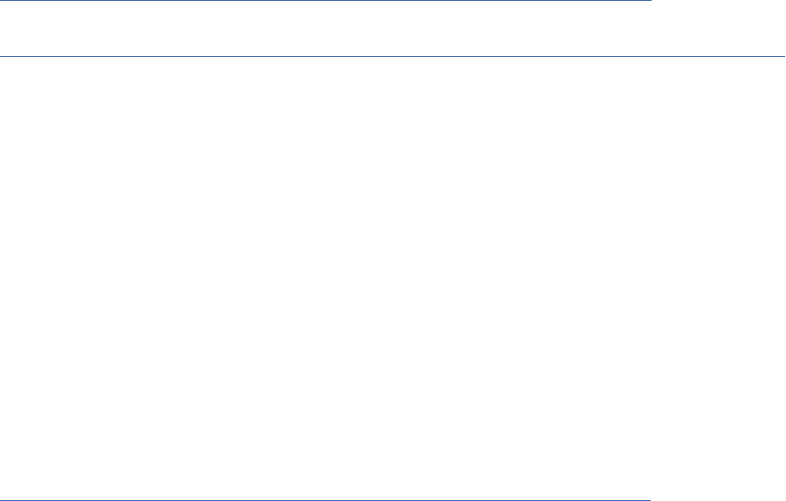
If you are accessing a mixture of systems, some of which might be restricted, you can perform the
following actions:
• Read from any of the systems at any time.
• Update any one system many times in one unit of work.
• Update many systems, including CICS or IMS, in one unit of work, provided that none of them is a
restricted system. If the rst system you update in a unit of work is not restricted, any attempt to
update a restricted system in that unit of work returns an error.
• Update one restricted system in a unit of work, provided that you do not try to update any other
system in the same unit of work. If the rst system you update in a unit of work is restricted, any
attempt to update any other system in that unit of work returns an error.
Related concepts
Phase 6: Accessing data at a remote site (Db2 Installation and Migration)
Related tasks
Improving performance for applications that access distributed data (Db2 Performance)
Remote servers and distributed data
Distributed data is data that resides on a database management system (DBMS) other than your local
system. Your local DBMS is the one on which you bind your application plan. All other DBMSs are remote.
If you are requesting services from a remote DBMS, that DBMS is a server, and your local system is a
requester or client.
Your application can be connected to many DBMSs at one time; the one that is currently performing work
is the current server. When the local system is performing work, it also is called the current server.
A remote server can be physically remote, or it can be another subsystem of the same operating system
that your local DBMS runs under. A remote server might be an instance of Db2 for z/OS, or it might be an
instance of one of another product.
A DBMS, whether local or remote, is known to your Db2 system by its location name. The location name of
a remote DBMS is recorded in the communications database.
Related tasks
Choosing names for the local subsystem (Db2 Installation and Migration)
Preparing for coordinated updates to two or more data sources
Two or more updates are coordinated if they must all commit or all roll back in the same unit of work.
About this task
This situation is common in banking. Suppose that an amount is subtracted from one account and added
to another. The two actions must either both commit or both roll back at the end of the unit of work.
Procedure
Ensure that all systems that your program accesses implement two-phase commit processing. This
processing ensures that updates to two or more DBMSs are coordinated automatically.
For example, Db2 and IMS, and Db2 and CICS, jointly implement a two-phase commit process. You can
update an IMS database and a Db2 table in the same unit of work. If a system or communication failure
occurs between committing the work on IMS and on Db2, the two programs restore the two systems to a
consistent point when activity resumes.
You cannot do true coordinated updates within a DBMS that does not implement two-phase commit
processing, because Db2 prevents you from updating such a DBMS and any other system within the same
unit of work. In this context, update includes the statements INSERT, UPDATE, MERGE, DELETE, CREATE,
ALTER, DROP, GRANT, REVOKE, RENAME, COMMENT, and LABEL.
Chapter 1. Planning for and designing Db2 applications
33

However, if you cannot implement two-phase commit processing on all systems that your program
accesses, you can simulate the effect of coordinated updates by performing the following actions:
a. Update one system and commit that work.
b. Update the second system and commit its work.
c. Ensure that your program has code to undo the rst update if a failure occurs after the rst update is
committed and before the second update is committed. No automatic provision exists for bringing the
two systems back to a consistent point.
Related concepts
Two-phase commit process (Db2 Administration Guide)
Forcing restricted system rules in your program
A restricted system is a DBMS that does not implement two-phase commit processing. These systems
have a number of update restrictions. You can restrict your program completely to the rules for these
restricted systems, regardless of whether the program is accessing restricted systems or non-restricted
systems.
About this task
Accessing restricted systems has the following limitations:
• For programs that access CICS or IMS, you cannot update data on restricted systems.
• Within a unit of work, you cannot update a restricted system after updating a non-restricted system.
• Within a unit of work, if you update a restricted system, you cannot update any other systems.
Procedure
When you prepare your program, specify the SQL processing option CONNECT(1).
This option applies type 1 CONNECT statement rules.
Restriction: Do not use packages that are precompiled with the CONNECT(1) option and packages that
are precompiled with the CONNECT(2) option in the same package list. The rst CONNECT statement that
is executed by your program determines which rules are in effect for the entire execution: type 1 or type
2. If your program attempts to execute a later CONNECT statement that is precompiled with the other
type, Db2 returns an error.
Related concepts
Options for SQL statement processing
Use SQL processing options to specify how the Db2 precompiler and the Db2 coprocessor interpret and
process input, and how they present output.
34
Db2 12 for z/OS: Application Programming and SQL Guide (Last updated: 2024-07-30)

Chapter 2. Connecting to Db2 from your application
program
Application programs communicate with Db2 through an attachment facility. You must invoke an
attachment facility, either implicitly or explicitly, before your program can interact with Db2.
About this task
You can use the following attachment facilities in a z/OS environment:
CICS attachment facility
Use this facility to access Db2 from CICS application programs.
IMS attachment facility
Use this facility to access Db2 from IMS application programs.
Time Sharing Option (TSO) attachment facility
Use this facility in a TSO or batch environment to communicate to a local Db2 subsystem. This facility
invokes the DSN command processor.
Call attachment facility (CAF)
Use this facility as an alternative to the TSO attachment facility when your application needs tight
control over the session environment.
Resource Recovery Services attachment facility (RRSAF)
Use this facility for stored procedures that run in a WLM-established address space or as an
alternative to the CAF. RRSAF provides support for z/OS RRS as the recovery coordinator and supports
other capabilities not present in CAF
For distributed applications, use the distributed data facility (DDF).
Requirement: Ensure that any application that requests Db2 services satises the following environment
characteristics, regardless of the attachment facility that you use:
• The application must be running in TCB mode. SRB mode is not supported.
• An application task cannot have any Enabled Unlocked Task (EUT) functional recovery routines (FRRs)
active when requesting Db2 services. If an EUT FRR is active, the Db2 functional recovery can fail, and
your application can receive some unpredictable abends.
• Different attachment facilities cannot be active concurrently within the same address space.
Specically, the following requirements exist:
– An application must not use CAF or RRSAF in an CICS or IMS address space.
– An application that runs in an address space that has a CAF connection to Db2 cannot connect to Db2
by using RRSAF.
– An application that runs in an address space that has an RRSAF connection to Db2 cannot connect to
Db2 by using CAF.
– An application cannot invoke the z/OS AXSET macro after executing the CAF CONNECT call and
before executing the CAF DISCONNECT call.
• One attachment facility cannot start another. For example, your CAF or RRSAF application cannot use
DSN, and a DSN RUN subcommand cannot call your CAF or RRSAF application.
• The language interface modules for CAF and RRSAF, DSNALI and DSNRLI, are shipped with the linkage
attributes AMODE(31) and RMODE(ANY). If your applications load CAF or RRSAF below the 16-MB line,
you must link-edit DSNALI or DSNRLI again.
Related concepts
Db2 attachment facilities (Introduction to Db2 for z/OS)
Distributed data facility (Introduction to Db2 for z/OS)
©
Copyright IBM Corp. 1983, 2022 35

Invoking the call attachment facility
Invoke the call attachment facility (CAF) when you want your application program to establish and control
its own connection to Db2. Applications that use CAF can explicitly control the state of their connections
to Db2 by using connection functions that CAF supplies.
Before you begin
Before you can invoke CAF, perform the following actions:
• Ensure that the CAF language interface (DSNALI) is available.
• Ensure that your application satises the requirements for programs that access CAF.
• Ensure that your application satises the general environment characteristics for connecting to Db2.
• Ensure that you are familiar with the following z/OS concepts and facilities:
– The CALL macro and standard module linkage conventions
– Program addressing and residency options (AMODE and RMODE)
– Creating and controlling tasks; multitasking
– Functional recovery facilities such as ESTAE, ESTAI, and FRRs
– Asynchronous events and TSO attention exits (STAX)
– Synchronization techniques such as WAIT/POST.
About this task
Applications that use CAF can be written in assembler language, C, COBOL, Fortran, and PL/I. When
choosing a language to code your application in, consider the following restrictions:
• If you need to use z/OS macros (ATTACH, WAIT, POST, and so on), use a programming language that
supports them or embed them in modules that are written in assembler language.
• The CAF TRANSLATE function is not available in Fortran. To use this function, code it in a routine that is
written in another language, and then call that routine from Fortran.
Recommendations: For IMS and DSN applications, consider the following recommendations:
• For IMS batch applications, do not use CAF. Instead use the Db2 DL/I batch support. Although it
is possible for IMS batch applications to access Db2 databases through CAF, that method does not
coordinate the commitment of work between the IMS and Db2 systems.
• For DSN applications, do not use CAF unless you provide an application controller to manage the DSN
application and replace any needed DSN functions. You might also have to change the application to
communicate connection failures to the controller correctly. Running DSN applications with CAF is not
advantageous, and the loss of DSN services can affect how well your program runs.
Procedure
Perform one of the following actions:
• Explicitly invoke CAF by including in your program CALL DSNALI statements with the appropriate
options.
The rst option is a CAF connection function, which describes the action that you want CAF to take. The
effect of any function depends in part on what functions the program has already run.
Requirement: For C and PL/I applications, you must also include in your program the compiler
directives that are listed in the following table, because DSNALI is an assembler language program.
36
Db2 12 for z/OS: Application Programming and SQL Guide (Last updated: 2024-07-30)
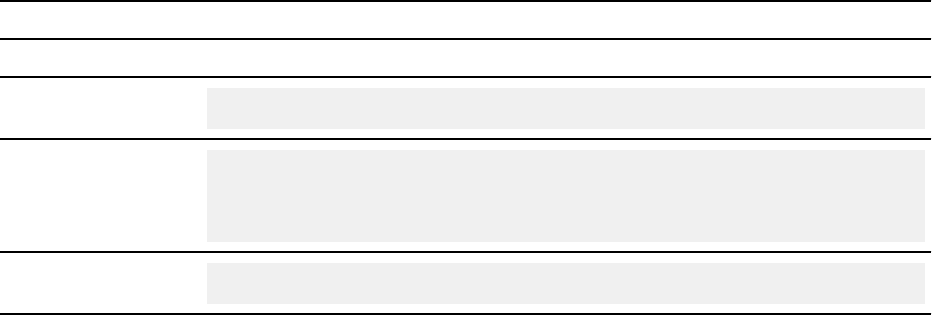
Table 3. Compiler directives to include in C and PL/I applications that contain CALL DSNALI statements
Language Compiler directive to include
C #pragma linkage(dsnali, OS)
C++ extern "OS" {
int DSNALI(
char * functn,
...); }
PL/I DCL DSNALI ENTRY OPTIONS(ASM,INTER,RETCODE;
• Implicitly invoke CAF by including SQL statements or IFI calls in your program just as you would in any
program. The CAF facility establishes the connections to Db2 with the default values for the subsystem
name and plan name.
Restriction: If your program can make its rst SQL call from different modules with different DBRMs,
you cannot use a default plan name and thus, you cannot implicitly invoke CAF. Instead, you must
explicitly invoke CAF by using the OPEN function.
Requirement: If your application includes both SQL and IFI calls, you must issue at least one SQL call
before you issue any IFI calls. This action ensures that your application uses the correct plan.
Although doing so is not recommended, you can run existing DSN applications with CAF by allowing
them to make implicit connections to Db2. For Db2 to make an implicit connection successfully, the
plan name for the application must be the same as the member name of the database request module
(DBRM) that Db2 produced when you precompiled the source program that contains the rst SQL call.
You must also substitute the DSNALI language interface module for the TSO language interface module,
DSNELI.
If you do not specify the return code and reason code parameters in your CAF calls or you invoked CAF
implicitly, CAF puts a return code in register 15 and a reason code in register 0.
To determine if an implicit connection was successful, the application program should examine the return
and reason codes immediately after the rst executable SQL statement in the application program by
performing one of the following actions:
• Examining registers 0 and 15 directly.
• Examining the SQLCA, and if the SQLCODE is -991, obtain the return and reason code from the message
text. The return code is the rst token, and the reason code is the second token.
If the implicit connection was successful, the application can examine the SQLCODE for the rst, and
subsequent, SQL statements.
Examples
Example of a CAF conguration
The following gure shows an conceptual example of invoking and using CAF. The application contains
statements to load DSNALI, DSNHLI2, and DSNWLI2. The application accesses Db2 by using the CAF
Language Interface. It calls DSNALI to handle CAF requests, DSNWLI to handle IFI calls, and DSNHLI
to handle SQL calls.
Chapter 2. Connecting to Db2 from your application program
37
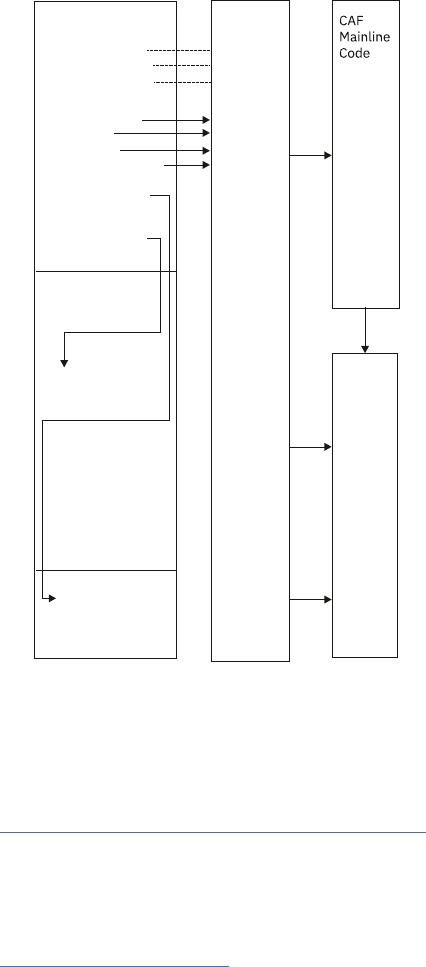
Application
LOAD DSNALI
LOAD DSNHLI2
LOAD DSNWLI2
CALL DSNALI
( CONNECT )
( OPEN )
( CLOSE )
( DISCONNECT )
Load
Call
CAF
Language
Interface
DSNALI
CALL DSNWLI
(IFI calls)
(Process
connection
requests)
CALL DSNHLI
(SQL calls)
Db2DSNHLI (dummy
application
entry point)
CALL DSNHLI2
(Transfer calls
to real CAF SQL
entry point)
DSNHLI2
(Process
SQL stmts)
DSNWLI (dummy
application
entry point)
CALL DSNWLI2
(Transfer calls
to real CAF
IFI)
DSNWLI
Sample programs that use CAF
You can nd a sample assembler program (DSN8CA) and a sample COBOL program (DSN8CC) that
use the CAF in library prex.SDSNSAMP. A PL/I application (DSN8SPM) calls DSN8CA, and a COBOL
application (DSN8SCM) calls DSN8CC.
Related concepts
Sample applications supplied with Db2 for z/OS
Db2 provides sample applications to help you with Db2 programming techniques and coding practices
within each of the four environments: batch, TSO, IMS, and CICS. The sample applications contain various
applications that might apply to managing a company.
Related reference
CAF connection functions
A CAF connection function species the action that you want CAF to take. You specify these functions
when you invoke CAF through CALL DSNALI statements.
Call attachment facility
An attachment facility enables programs to communicate with Db2. The call attachment facility (CAF)
provides such a connection for programs that run in z/OS batch, TSO foreground, and TSO background.
The CAF needs tight control over the session environment.
A program that uses CAF can perform the following actions:
• Access Db2 from z/OS address spaces where TSO, IMS, or CICS do not exist.
• Access Db2 from multiple z/OS tasks in an address space.
• Access the Db2 IFI.
• Run when Db2 is down.
Restriction: The application cannot run SQL when Db2 is down.
38
Db2 12 for z/OS: Application Programming and SQL Guide (Last updated: 2024-07-30)
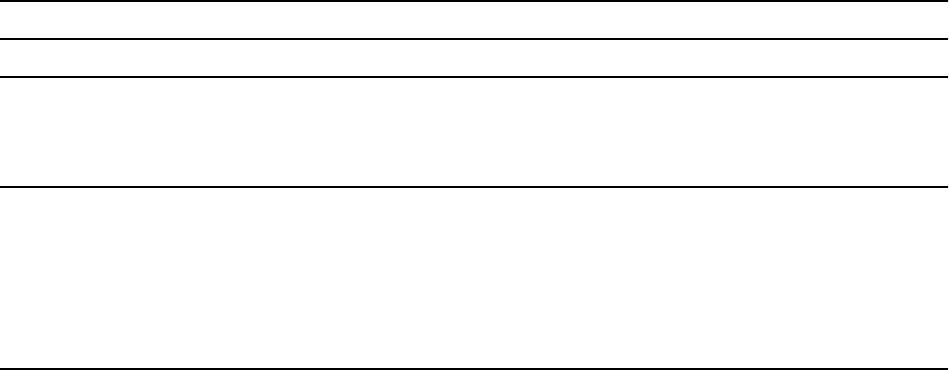
• Run with or without the TSO terminal monitor program (TMP).
• Run without being a subtask of the DSN command processor or of any Db2 code.
• Run above or below the 16-MB line. (The CAF code resides below the line.)
• Establish an explicit connection to Db2, through a CALL interface, with control over the exact state of
the connection.
• Establish an implicit connection to Db2, by using SQL statements or IFI calls without rst calling CAF,
with a default plan name and subsystem identier.
• Verify that the application is using the correct release of Db2.
• Supply event control blocks (ECBs), for Db2 to post, that signal startup or termination.
• Intercept return codes, reason codes, and abend codes from Db2 and translate them into messages.
Any task in an address space can establish a connection to Db2 through CAF. Only one connection
can exist for each task control block (TCB). A Db2 service request that is issued by a program that is
running under a given task is associated with that task's connection to Db2. The service request operates
independently of any Db2 activity under any other task.
Each connected task can run a plan. Multiple tasks in a single address space can specify the same plan,
but each instance of a plan runs independently from the others. A task can terminate its plan and run a
different plan without fully breaking its connection to Db2.
CAF does not generate task structures.
When you design your application, consider that using multiple simultaneous connections can increase
the possibility of deadlocks and Db2 resource contention.
A tracing facility provides diagnostic messages that aid in debugging programs and diagnosing errors in
the CAF code. In particular, attempts to use CAF incorrectly cause error messages in the trace stream.
Restriction: CAF does not provide attention processing exits or functional recovery routines. You can
provide whatever attention handling and functional recovery your application needs, but you must use
ESTAE/ESTAI type recovery routines and not Enabled Unlocked Task (EUT) FRR routines.
Properties of CAF connections
Call attachment facility (CAF) enables programs to communicate with Db2.
The connection that CAF makes with Db2 has the basic properties that are listed in the following table.
Table 4. Properties of CAF connections
Property Value Comments
Connection name DB2CALL You can use the DISPLAY
THREAD command to list CAF
applications that have the
connection name DB2CALL.
Connection type BATCH BATCH connections use a single
phase commit process that is
coordinated by Db2. Application
programs can also control when
statements are committed by
using the SQL COMMIT and
ROLLBACK statements.
Chapter 2. Connecting to Db2 from your application program39
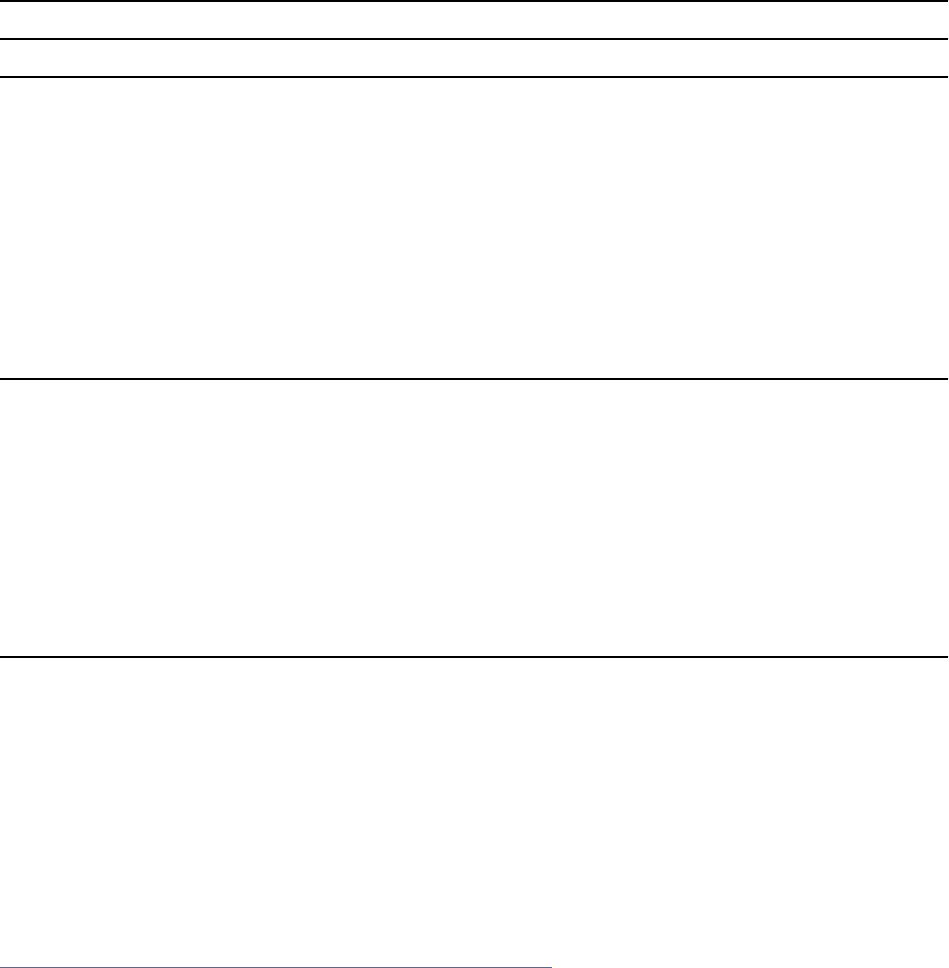
Table 4. Properties of CAF connections (continued)
Property Value Comments
Authorization IDs Authorization IDs that are
associated with the address
space
Db2 establishes authorization IDs
for each task's connection when
it processes that connection. For
the BATCH connection type, Db2
creates a list of authorization
IDs based on the authorization
ID that is associated with the
address space. This list is the
same for every task. A location
can provide a Db2 connection
authorization exit routine to
change the list of IDs.
Scope CAF processes connections as
if each task is entirely isolated.
When a task requests a function,
the CAF passes the functions
to Db2 and is unaware of the
connection status of other tasks
in the address space. However,
the application program and the
Db2 subsystem are aware of
the connection status of multiple
tasks in an address space.
none
If a connected task terminates normally before the CLOSE function deallocates the plan, Db2 commits
any database changes that the thread made since the last commit point. If a connected task abends
before the CLOSE function deallocates the plan, Db2 rolls back any database changes since the last
commit point. In either case, Db2 deallocates the plan, if necessary, and terminates the task's connection
before it allows the task to terminate.
If Db2 abnormally terminates while an application is running, the application is rolled back to the last
commit point. If Db2 terminates while processing a commit request, Db2 either commits or rolls back
any changes at the next restart. The action taken depends on the state of the commit request when Db2
terminates.
Related concepts
Connection routines and sign-on routines (Managing Security)
Attention exit routines for CAF
An attention exit routine enables you to regain control from Db2 during long-running or erroneous
requests. Call attachment facility (CAF) has no attention exit routines, but you can provide your own if
necessary.
An attention exit routine works by detaching the TCB that is currently waiting on an SQL or IFI request
to complete. After the TCB is detached, Db2 detects the resulting abend and performs termination
processing for that task. The termination processing includes any necessary rollback of transactions.
You can provide your own attention exit routines. However, your routine might not get control if you
request attention while Db2 code is running, because Db2 uses enabled unlocked task (EUT) functional
recovery routines (FRRs).
40
Db2 12 for z/OS: Application Programming and SQL Guide (Last updated: 2024-07-30)
Recovery routines for CAF
You can use abend recovery routines and functional recovery routines (FRRs) to handle unexpected
errors. An abend recovery routine controls what happens when an abend occurs while Db2 has control. A
functional recovery routine can obtain information about and recover from program errors.
The CAF has no abend recovery routines, but you can provide your own. Any abend recovery routines that
you provide must use tracking indicators to determine if an abend occurred during Db2 processing. If an
abend occurs while Db2 has control, the recovery routine can take one of the following actions:
• Allow task termination to complete. Do not try the program again. Db2 detects task termination and
terminates the thread with the ABRT parameter. You lose all database changes back to the last sync
point or commit point.
This action is the only action that you can take for abends that are caused by the CANCEL command
or by DETACH. You cannot use additional SQL statements. If you attempt to execute another SQL
statement from the application program or its recovery routine, you receive a return code of +256 and a
reason code of X'00F30083'.
• In an ESTAE routine, issue a CLOSE function call with the ABRT parameter followed by a DISCONNECT
function call. The ESTAE exit routine can try again so that you do not need to reinstate the application
task.
FRRs must comply with the following requirements and restrictions:
• You can use only enabled unlocked task (EUT) FRRs in your routines that call Db2. The standard z/OS
functional recovery routines (FRRs) apply to only code that runs in service request block (SRB) mode,
and Db2 does not support calls from SRB mode routines.
• Do not have an EUT FRR active when using CAF, processing SQL requests, or calling IFI. With z/OS, if
you have an active EUT FRR, all Db2 requests fail, including the initial CONNECT or OPEN request. The
requests fail because Db2 always creates an ARR-type ESTAE, and z/OS does not allow the creation of
ARR-type ESTAEs when an FRR is active.
• An EUT FRR cannot retry failing Db2 requests. An EUT FRR retry bypasses ESTAE routines from Db2.
The next Db2 request of any type, including a DISCONNECT request, fails with a return code of +256
and a reason code of X'00F30050'.
Making the CAF language interface (DSNALI) available
Before you can invoke the call attachment facility (CAF), you must rst make DSNALI available.
About this task
Part of CAF is a Db2 load module, DSNALI, which is also known as the CAF language interface. DSNALI
has the alias names DSNHLI2 and DSNWLI2. The module has ve entry points: DSNALI, DSNHLI,
DSNHLI2, DSNWLI, and DSNWLI2. These entry points serve the following functions:
• Entry point DSNALI handles explicit Db2 connection service requests.
• DSNHLI and DSNHLI2 handle SQL calls. Use DSNHLI if your application program link-edits DSNALI. Use
DSNHLI2 if your application program loads DSNALI.
• DSNWLI and DSNWLI2 handle IFI calls. Use DSNWLI if your application program link-edits DSNALI. Use
DSNWLI2 if your application program loads DSNALI.
Procedure
To make DSNALI available:
1. Decide which of the following methods you want to use to make DSNALI available:
• Explicitly issuing LOAD requests when your program runs.
Chapter 2. Connecting to Db2 from your application program
41
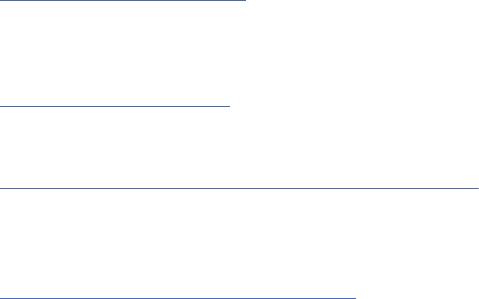
By explicitly loading the DSNALI module, you benecially isolate the maintenance of your application
from future IBM maintenance to the language interface. If the language interface changes, the
change will probably not affect your load module.
• Including the DSNALI module in your load module when you link-edit your program.
If you do not need explicit calls to DSNALI for CAF functions, link-editing DSNALI into your load
module has some advantages. When you include DSNALI during the link-edit, you do not need to
code a dummy DSNHLI entry point in your program or specify the precompiler option ATTACH.
Module DSNALI contains an entry point for DSNHLI, which is identical to DSNHLI2, and an entry
point DSNWLI, which is identical to DSNWLI2.
A disadvantage to link-editing DSNALI into your load module is that any IBM maintenance to DSNALI
requires a new link-edit of your load module.
Alternatively, if using explicit connections via CALL DSNALI, you can link-edit your program with
DSNULI, the Universal Language Interface.
2. Depending on the method that you chose in step 1, perform one of the following actions:
• If you want to explicitly issue LOAD requests when your program runs:
In your program, issue z/OS LOAD service requests for entry points DSNALI and DSNHLI2. If you use
IFI services, you must also load DSNWLI2. The entry point addresses that LOAD returns are saved
for later use with the CALL macro. Indicate to Db2 which entry point to use in one of the following
two ways:
– Specify the precompiler option ATTACH(CAF).
This option causes Db2 to generate calls that specify entry point DSNHLI2.
Restriction: You cannot use this option if your application is written in Fortran.
– Code a dummy entry point named DSNHLI within your load module.
If you do not specify the precompiler option ATTACH, the Db2 precompiler generates calls to entry
point DSNHLI for each SQL request. The precompiler does not know about and is independent
of the different Db2 attachment facilities. When the calls generated by the Db2 precompiler pass
control to DSNHLI, your code that corresponds to the dummy entry point must preserve the option
list that was passed in R1 and specify the same option list when it calls DSNHLI2.
• If you want to include the DSNALI module in your load module when you link-edit your program:
Include DSNALI in your load module during a link-edit step. The module must be in a load module
library, which is included either in the SYSLIB concatenation or another INCLUDE library that is
dened in the linkage editor JCL. Because all language interface modules contain an entry point
declaration for DSNHLI, the linkage editor JCL must contain an INCLUDE linkage editor control
statement for DSNALI; for example, INCLUDE SYSLIB(DSNALI). By coding these options, you
avoid inadvertently picking up the wrong language interface module.
Related concepts
LOB le reference variables
In a host application, you can use a le reference variable to insert a LOB or XML value from a le into a
Db2 table. You can also use a le reference variable to select a LOB or XML value from a Db2 table into a
le.
Examples of invoking CAF
The call attachment facility (CAF) enables programs to communicate with Db2. If you explicitly invoke
CAF in your program, you can use the CAF connection functions to control the state of the connection.
“Universal language interface (DSNULI)” on page 113
The universal language interface (DSNULI) subcomponent determines the runtime environment and
dynamically loads and branches to the appropriate language interface module.
Related tasks
Link-editing an application with DSNULI
42
Db2 12 for z/OS: Application Programming and SQL Guide (Last updated: 2024-07-30)

To create a single load module that can be used in more than one attachment environment, you can
link-edit your program or stored procedure with the Universal Language Interface module (DSNULI)
instead of with one of the environment-specic language interface modules (DSNELI, DSNALI, DSNRLI,
DSNCLI, or DFSLI000).
Saving storage when manipulating LOBs by using LOB locators
LOB locators let you manipulate LOB data without retrieving the data from the Db2 table. By using
locators, you avoid needing to allocate the large amounts of storage that are needed for host variables to
hold LOB data.
Requirements for programs that use CAF
The call attachment facility (CAF) enables programs to communicate with Db2. Before you invoke CAF in
your program, ensure that your program satises any requirements for using CAF.
When you write programs that use CAF, ensure that they meet the following requirements:
• The program accounts for the size of the CAF code. The CAF code requires about 16 KB of virtual
storage per address space and an additional 10 KB for each TCB that uses CAF.
• If your local environment intercepts and replaces the z/OS LOAD SVC that CAF uses, you must ensure
that your version of LOAD manages the load list element (LLE) and contents directory entry (CDE) chains
like the standard z/OS LOAD macro. CAF uses z/OS SVC LOAD to load two modules as part of the
initialization after your rst service request. Both modules are loaded into fetch-protected storage that
has the job-step protection key.
• If you use CAF from IMS batch, you must write data to only one system in any one unit of work. If you
write to both systems within the same unit, a system failure can leave the two databases inconsistent
with no possibility of automatic recovery. To end a unit of work in Db2, execute the SQL COMMIT
statement. To end a unit of work in IMS, issue the SYNCPOINT command.
You can prepare application programs to run in CAF similar to how you prepare applications to run in
other environments, such as CICS, IMS, and TSO. You can prepare a CAF application either in the batch
environment or by using the Db2 program preparation process. You can use the program preparation
system either through DB2I or through the DSNH CLIST.
Related tasks
Preparing an application to run on Db2 for z/OS
To prepare and run applications that contain embedded static SQL statements or dynamic SQL
statements, you must process, compile, link-edit, and bind the SQL statements.
How CAF modies the content of registers
If you do not specify the return code and reason code parameters in your CAF function calls or if you
invoke CAF implicitly, CAF puts a return code in register 15 and a reason code in register 0. The contents
of registers 2 through 14 are preserved across calls.
The following table lists the standard calling conventions for registers R1, R13, R14, and R15.
Table 5. Standard usage of registers R1, R13, R14, and R15
Register Usage
R1 CALL DSNALI parameter list pointer
R13 Address of caller's save area
R14 Caller's return address
R15 CAF entry point address
Your CAF program should respect these register conventions.
CAF also supports high-level languages that cannot examine the contents of individual registers.
Chapter 2. Connecting to Db2 from your application program
43

Related concepts
CALL DSNALI statement parameter list
The CALL DSNALI statement explicitly invokes CAF. When you include CALL DSNALI statements in your
program, you must specify all parameters that come before the return code parameter.
Implicit connections to CAF
If the CAF language interface (DSNALI) is available and you do not explicitly specify CALL DSNALI
statements in your application, CAF initiates implicit CONNECT and OPEN requests to Db2. These
requests are subject to the same Db2 return codes and reason codes as explicitly specied requests.
Implicit connections use the following defaults:
Subsystem name
The default name that is specied in the module DSNHDECP. CAF uses the installation default
DSNHDECP, unless your own DSNHDECP module is in a library in a STEPLIB statement of a JOBLIB
concatenation or in the link list. In a data sharing group, the default subsystem name is the group
attachment name.
Implicit connections to CAF always use DSNHDECP as the user-specied application defaults module.
Be certain that you know what the default name is and that it names the specic Db2 subsystem you
want to use.
Plan name
The member name of the database request module (DBRM) that Db2 produced when you
precompiled the source program that contains the rst SQL call.
Different types of implicit connections exist. The simplest is for an application to call neither the
CONNECT nor OPEN functions. You can also use the CONNECT function only or the OPEN function only.
Each of these calls implicitly connects your application to Db2. To terminate an implicit connection, you
must use the proper calls.
Related concepts
Summary of CAF behavior
The effect of any CAF function depends in part on what functions the program has already run. You should
plan the CAF function calls that your program makes to avoid any errors and major structural problems in
your application.
CALL DSNALI statement parameter list
The CALL DSNALI statement explicitly invokes CAF. When you include CALL DSNALI statements in your
program, you must specify all parameters that come before the return code parameter.
For CALL DSNALI statements, use a standard z/OS CALL parameter list. Register 1 points to a list of
fullword addresses that point to the actual parameters. The last address must contain a 1 in the high-
order bit.
In CALL DSNALI statements, you cannot omit any of parameters that come before the return code
parameter by coding zeros or blanks. No defaults exist for those parameters for explicit connection
requests. Defaults are provided for only implicit connections. All parameters starting with the return code
parameter are optional.
When you want to use the default value for a parameter but specify subsequent parameters, code the
CALL DSNALI statement as follows:
• For C-language, when you code CALL DSNALI statements in C, you need to specify the address of every
required parameter, using the "address of" operator (&), and not the parameter itself. For example, to
pass the startecb parameter on CONNECT, specify the address of the 4-byte integer (&secb).
char functn[13] = "CONNECT ";
char ssid[5] = "DB2A";
int tecb = 0;
int secb = 0;
44
Db2 12 for z/OS: Application Programming and SQL Guide (Last updated: 2024-07-30)
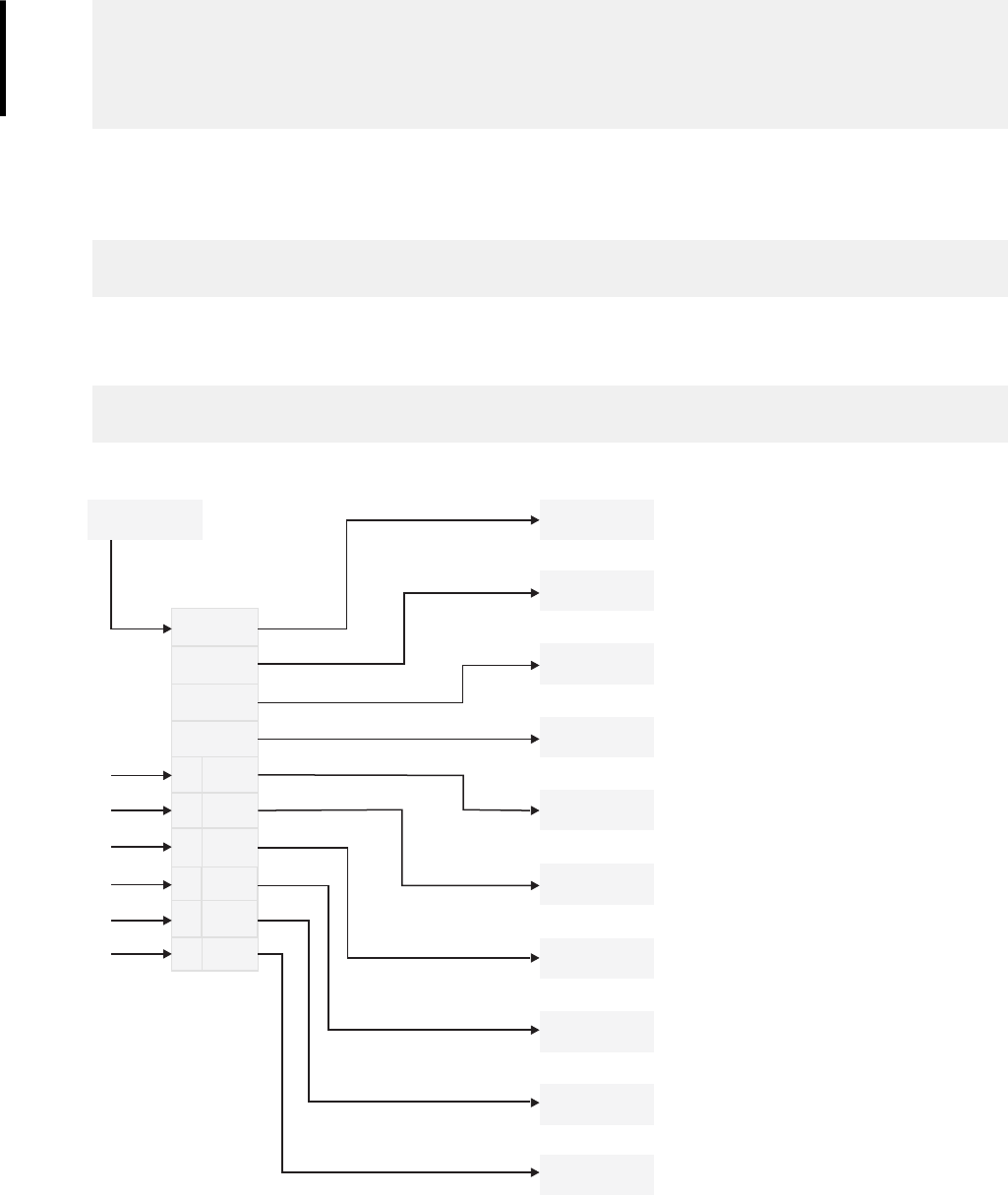
ptr ribptr;
int retcode;
int reascode;
ptr eibptr;
fnret = dsnali(&functn[0], &ssid[0], &tecb, &secb, &ribptr, &retcode, &reascode,
NULL, &eibptr);
• For other languages except assembler language, code zero for that parameter in the CALL DSNALI
statement. For example, suppose that you are coding a CONNECT call in a COBOL program, and you
want to specify all parameters except the return code parameter. You can write a statement similar to
the following statement:
CALL 'DSNALI' USING FUNCTN SSID TECB SECB RIBPTR
BY CONTENT ZERO BY REFERENCE REASCODE SRDURA EIBPTR.
• For assembler language, code a comma for that parameter in the CALL DSNALI statement. For example,
to specify all optional parameters except the return code parameter write a statement similar to the
following statement:
CALL DSNALI,(FUNCTN,SSID,TERMECB,STARTECB,RIBPTR,,REASCODE,SRDURA,EIBPTR,
GROUPOVERRIDE)
The following gure shows a sample parameter list structure for the CONNECT function.
Register 1
Parameter
list
End of
parameters
1
1
1
1
1
1
1
1
3
4
5
6
or
or
or
or
or
0
0
CONNECT
DSN
12-byte area
that contains the
function name
Subsystem name
Termination event
control block (ECB)
Startup ECB
CAF puts the address
of the release information
block (RIB) here
Return code
Reason code
Effect of value in
CURRENT DEGREE
special register
CAF puts the address of
the environment information
block (EIB) here
Whether the value in the
subsystem name field
can be a group attachment
name
Figure 1. The parameter list for a CONNECT call
The preceding gure illustrates how you can omit parameters for the CALL DSNALI statement to control
the return code and reason code elds after a CONNECT call. You can terminate the parameter list at any
of the following points. These termination points apply to all CALL DSNALI statement parameter lists.
Chapter 2. Connecting to Db2 from your application program
45

1. Terminates the parameter list without specifying the parameters retcode, reascodeand srdura and
places the return code in register 15 and the reason code in register 0.
Terminating the parameter list at this point ensures compatibility with CAF programs that require a
return code in register 15 and a reason code in register 0.
2. Terminates the parameter list after the parameter retcode and places the return code in the parameter
list and the reason code in register 0.
Terminating the parameter list at this point enables the application program to take action, based on
the return code, without further examination of the associated reason code.
3. Terminates the parameter list after the parameter reascode and places the return code and the reason
code in the parameter list.
Terminating the parameter list at this point provides support to high-level languages that are unable to
examine the contents of individual registers.
If you code your CAF application in assembler language, you can specify the reason code parameter
and omit the return code parameter.
4. Terminates the parameter list after the parameter srdura.
If you code your CAF application in assembler language, you can specify this parameter and omit the
retcode and reascode parameters.
5. Terminates the parameter list after the parameter eibptr.
If you code your CAF application in assembler language, you can specify this parameter and omit the
retcode, reascode, or srdura parameters.
6. Terminates the parameter list after the parameter groupoverride.
If you code your CAF application in assembler language, you can specify this parameter and omit the
retcode, reascode,srdura, or eibptr parameters.
Even if you specify that the return code be placed in the parameter list, it is also placed in register 15 to
accommodate high-level languages that support special return code processing.
Related concepts
How CAF modies the content of registers
If you do not specify the return code and reason code parameters in your CAF function calls or if you
invoke CAF implicitly, CAF puts a return code in register 15 and a reason code in register 0. The contents
of registers 2 through 14 are preserved across calls.
Summary of CAF behavior
The effect of any CAF function depends in part on what functions the program has already run. You should
plan the CAF function calls that your program makes to avoid any errors and major structural problems in
your application.
The following table summarizes CAF behavior after various inputs from application programs. The top
row lists the possible CAF functions that programs can call. The rst column lists the task's most recent
history of connection requests. For example, the value "CONNECT followed by OPEN" in the rst column
means that the task issued CONNECT and then OPEN with no other CAF calls in between. The intersection
of a row and column shows the effect of the next call if it follows the corresponding connection history.
For example, if the call is OPEN and the connection history is CONNECT, the effect is OPEN; the OPEN
function is performed. If the call is SQL and the connection history is empty (meaning that the SQL
call is the rst CAF function the program), the effect is that implicit CONNECT and OPEN functions are
performed, followed by the SQL function.
46
Db2 12 for z/OS: Application Programming and SQL Guide (Last updated: 2024-07-30)
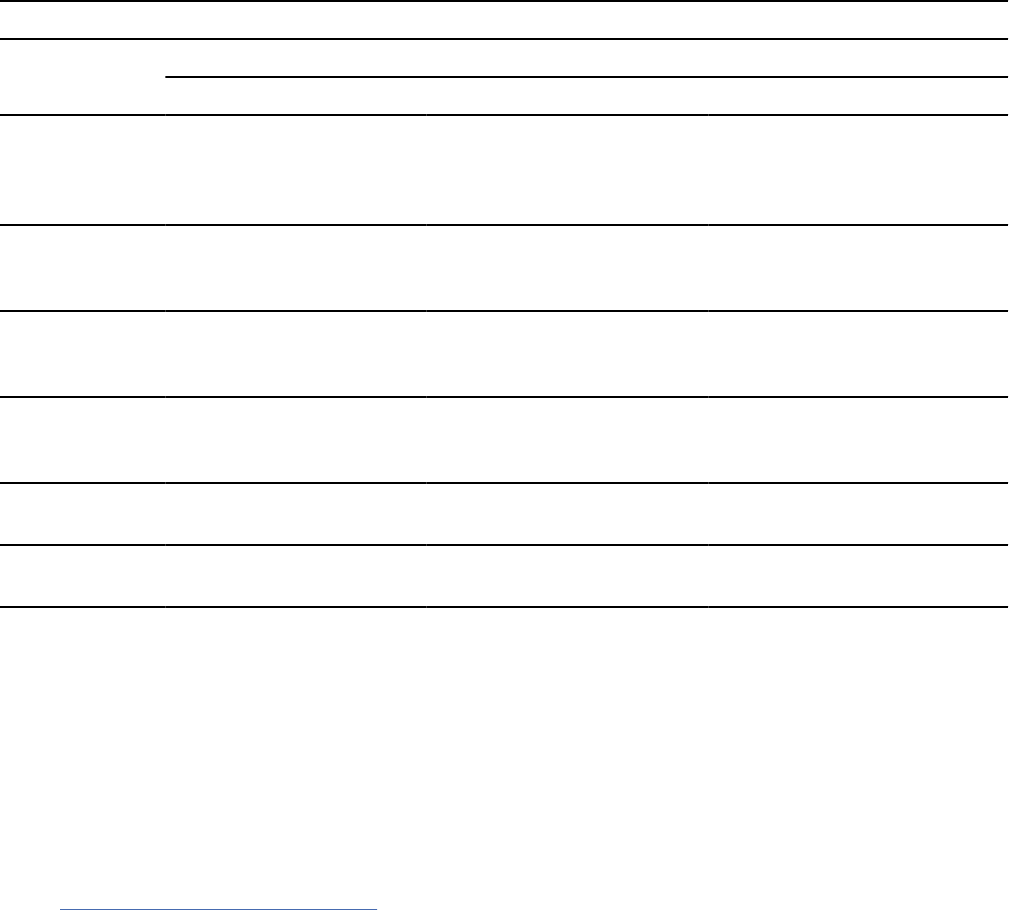
Table 6. Effects of CAF calls, as dependent on connection history
Previous
function
Next function
CONNECT OPEN SQL CLOSE DISCONNECT TRANSLATE
Empty: rst call CONNECT OPEN CONNECT,
OPEN, followed
by the SQL or
IFI call
Error 203
1
Error 204
1
Error 205
1
CONNECT Error 201
1
OPEN OPEN, followed
by the SQL or
IFI call
Error 203
1
DISCONNECT TRANSLATE
CONNECT
followed by
OPEN
Error 201
1
Error 202
1
The SQL or IFI
call
CLOSE
2
DISCONNECT TRANSLATE
CONNECT
followed by SQL
or IFI call
Error 201
1
Error 202
1
The SQL or IFI
call
CLOSE
2
DISCONNECT TRANSLATE
OPEN Error 201
1
Error 202
1
The SQL or IFI
call
CLOSE
2
Error 204
1
TRANSLATE
SQL or IFI call Error 201
1
Error 202
1
The SQL or IFI
call
CLOSE
2
Error 204
1
TRANSLATE
3
Notes:
1. An error is shown in this table as Error nnn. The corresponding reason code is X'00C10nnn'. The
message number is DSNAnnnI or DSNAnnnE.
2. The task and address space connections remain active. If the CLOSE call fails because Db2 was down,
the CAF control blocks are reset, the function produces return code 4 and reason code X'00C10824',
and CAF is ready for more connection requests when Db2 is up.
3. A TRANSLATE request is accepted, but in this case it is redundant. CAF automatically issues a
TRANSLATE request when an SQL or IFI request fails.
Related reference
CAF return codes and reason codes
CAF provides the return codes either to the corresponding parameters that are specied in a CAF function
call or, if you choose not to use those parameters, to registers 15 and 0.
CAF connection functions
A CAF connection function species the action that you want CAF to take. You specify these functions
when you invoke CAF through CALL DSNALI statements.
You can specify the following CAF functions in a CALL DSNALI statement:
CONNECT
Establishes the task (TCB) as a user of the named Db2 subsystem. When the rst task within an
address space issues a connection request, the address space is also initialized as a user of Db2.
OPEN
Allocates a Db2 plan. You must allocate a plan before Db2 can process SQL statements. If you did not
request the CONNECT function, the OPEN function implicitly establishes the task, and optionally the
address space, as a user of Db2.
Chapter 2. Connecting to Db2 from your application program
47

CLOSE
Commits or abnormally terminates any database changes and deallocates the plan. If the OPEN
function implicitly requests the CONNECT function, the CLOSE function removes the task, and
possibly the address space, as a user of Db2.
DISCONNECT
Removes the task as a user of Db2 and, if this task is the last or only task in the address space with a
Db2 connection, terminates the address space connection to Db2.
TRANSLATE
Returns an SQL code and printable text that describe a Db2 hexadecimal error reason code. This
information is returned to the SQLCA.
Restriction: You cannot call the TRANSLATE function from the Fortran language.
Recommendation: Because the effect of any CAF function depends on what functions the program has
already run, carefully plan the calls that your program makes to these CAF connection functions. Read
about the summary of CAF behavior and make these function calls accordingly.
Related concepts
Summary of CAF behavior
The effect of any CAF function depends in part on what functions the program has already run. You should
plan the CAF function calls that your program makes to avoid any errors and major structural problems in
your application.
CALL DSNALI statement parameter list
The CALL DSNALI statement explicitly invokes CAF. When you include CALL DSNALI statements in your
program, you must specify all parameters that come before the return code parameter.
CONNECT function for CAF
The CAF CONNECT function initializes a connection to Db2. This function is different than the SQL
CONNECT statement that accesses a remote location within Db2.
The CONNECT function establishes the caller's task as a user of Db2 services. If no other task in the
address space currently holds a connection with the specied subsystem, the CONNECT function also
initializes the address space for communication to the Db2 address spaces. The CONNECT function
establishes the address space's cross memory authorization to Db2 and builds address space control
blocks. You can issue a CONNECT request from any or all tasks in the address space, but the address
space level is initialized only once when the rst task connects.
Using the CONNECT function is optional. If you do not call the CONNECT function, make an implicit
connection by calling neither the CONNECT function nor the OPEN function. In a program that does
not contain the CONNECT or OPEN functions, when the rst SQL statement is executed, the implicit
connection is made to the default Db2 subsystem. The default Db2 subsystem name is the subsystem
name that is specied by the SSID=xxxx parameter in installation job DSNTIJUA. Job DSNTIJUA
assembles the Db2 data-only application defaults module.
If you do not call the CONNECT function, the rst request from a task, either an OPEN request or an
SQL or IFI call, causes CAF to issue an implicit CONNECT request. If a task is connected implicitly, the
connection to Db2 is terminated either when you call the CLOSE function or when the task terminates.
Call the CONNECT function in all of the following situations:
• You need to specify a particular subsystem name (ssnm) other than the default subsystem name.
• You need the value of the CURRENT DEGREE special register to last as long as the connection (srdura).
• You need to monitor the Db2 startup ECB (startecb), the Db2 termination ECB (termecb), or the Db2
release level.
• You plan to have multiple tasks in the address space open and close plans or a single task in the
address space open and close plans more than once.
Establishing task and address space level connections involves signicant overhead. Using the
CONNECT function to establish a task connection explicitly minimizes this overhead by ensuring that
48
Db2 12 for z/OS: Application Programming and SQL Guide (Last updated: 2024-07-30)
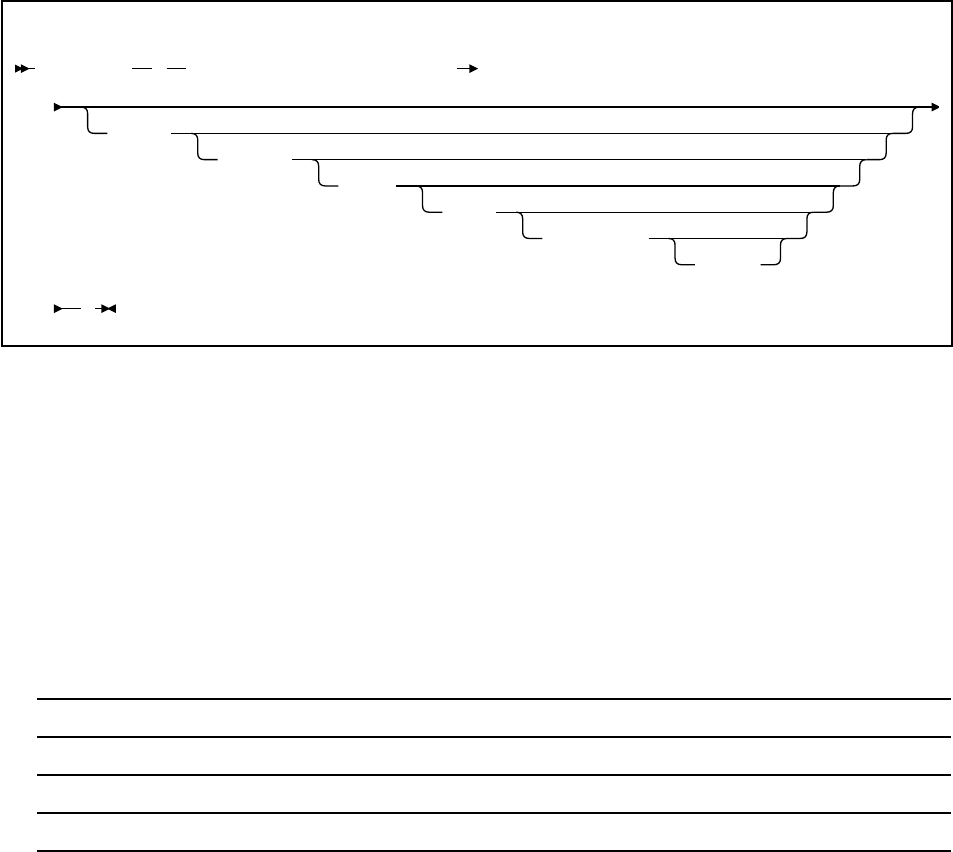
the connection to Db2 remains after the CLOSE function deallocates a plan. In this case, the connection
terminates only when you use the DISCONNECT function or when the task terminates.
The CONNECT function also enables the caller to learn the following items:
• That the operator has issued a STOP DB2 command. When this event occurs, Db2 posts the termination
ECB, termecb. Your application can either wait on or just look at the ECB.
• That Db2 is abnormally terminating. When this event occurs happens, Db2 posts the termination ECB,
termecb.
• That Db2 is available again after a connection attempt that failed because Db2 was down. Your
application can either wait or look at the startup ECB, startecb. Db2 ignores this ECB if it was active
at the time of the CONNECT request.
• The current release level of Db2. To nd this information, access the RIBREL eld in the release
information block (RIB). If RIBREL is '999', the actual version, release, and modication level of Db2 is
indicated in the RIBRELX eld and its subelds.
Restriction: Do not issue CONNECT requests from a TCB that already has an active Db2 connection.
Recommendation: Do not mix explicit CONNECT and OPEN requests with implicitly established
connections in the same address space. Either explicitly specify which Db2 subsystem you want to use or
allow all requests to use the default subsystem.
The following diagram shows the syntax for the CONNECT function.
DSNALI CONNECT function
CALL DSNALI ( function, ssnm, termecb, startecb, ribptr
,retcode
,reascode
,srdura
,eibptr
,groupoverride
,decpptr
)
Parameters point to the following areas:
function
A 12-byte area that contains CONNECT followed by ve blanks.
ssnm
A 4-byte Db2 subsystem name or group attachment or subgroup attachment name (if used in a data
sharing group) to which the connection is made.
If ssnm is less than four characters long, pad it on the right with blanks to a length of four characters.
termecb
A 4-byte integer representing the application's event control block (ECB) for Db2 termination. Db2
posts this ECB when the operator enters the STOP DB2 command or when Db2 is abnormally
terminating. The ECB indicates the type of termination by a POST code, as shown in the following
table:
Table 7. POST codes and related termination types
POST code Termination type
8 QUIESCE
12 FORCE
Chapter 2. Connecting to Db2 from your application program49

Table 7. POST codes and related termination types (continued)
POST code Termination type
16 ABTERM
Before you check termecb in your CAF application program, rst check the return code and reason
code from the CONNECT call to ensure that the call completed successfully.
startecb
A 4-byte integer representing the application's startup ECB. If Db2 has not yet started when the
application issues the call, Db2 posts the ECB when it successfully completes its startup processing.
Db2 posts at most one startup ECB per address space. The ECB is the one associated with the most
recent CONNECT call from that address space. Your application program must examine any nonzero
CAF and Db2 reason codes before issuing a WAIT on this ECB.
If ssnm is a group attachment or subgroup attachment name, the rst Db2 subsystem that starts on
the local z/OS system and matches the specied group attachment name posts the ECB.
ribptr
A 4-byte area in which CAF places the address of the release information block (RIB) after the call.
You can determine what release level of Db2 you are currently running by examining the RIBREL
eld. If RIBREL is '999', the actual version, release, and modication level of Db2 is indicated in the
RIBRELX eld and its subelds.You can determine the modication level within the release level by
examining the RIBCNUMB and RIBCINFO elds. If the value in the RIBCNUMB eld is greater than
zero, check the RIBCINFO eld for modication levels.
If the RIB is not available (for example, if you name a subsystem that does not exist), Db2 sets the
4-byte area to zeros.
The area to which ribptr points is below the 16-MB line.
Your program does not have to use the release information block, but it cannot omit the ribptr
parameter.
Macro DSNDRIB maps the release information block (RIB). It can be found in
prex.SDSNMACS(DSNDRIB).
retcode
A 4-byte area in which CAF places the return code.
This eld is optional. If you do not specify retcode, CAF places the return code in register 15 and the
reason code in register 0.
reascode
A 4-byte area in which CAF places a reason code.
This eld is optional. If you do not specify reascode, CAF places the reason code in register 0. If you
specify reascode, you must also specify retcode.
srdura
A 10-byte area that contains the string 'SRDURA(CD)'. This eld is optional. If you specify srdura, the
value in the CURRENT DEGREE special register stays in effect from the time of the CONNECT call until
the time of the DISCONNECT call. If you do not specify srdura, the value in the CURRENT DEGREE
special register stays in effect from the time of the OPEN call until the time of the CLOSE call. If you
specify this parameter in any language except assembler, you must also specify retcode and reascode.
In assembler language, you can omit these parameters by specifying commas as placeholders.
eibptr
A 4-byte area in which CAF puts the address of the environment information block (EIB). The EIB
contains information that you can use if you are connecting to a Db2 subsystem that is part of a data
sharing group. For example, you can determine the name of the data sharing group, the member to
which you are connecting, and whether new functions are activated on the subsystem. If the Db2
subsystem that you connect to is not part of a data sharing group, the elds in the EIB that are related
50
Db2 12 for z/OS: Application Programming and SQL Guide (Last updated: 2024-07-30)
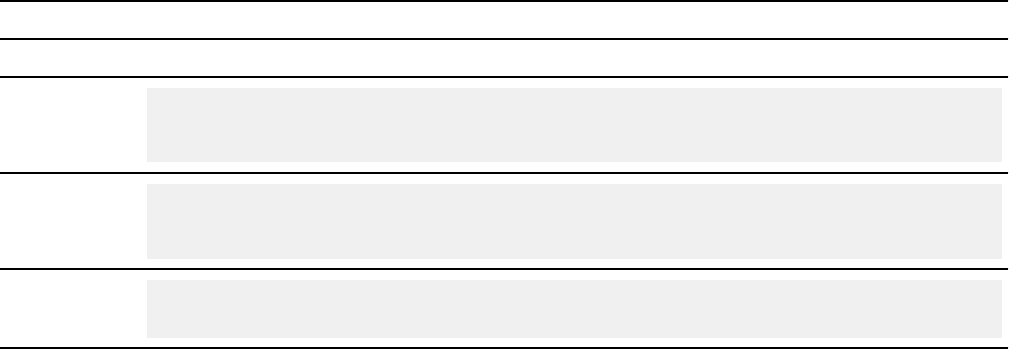
to data sharing are blank. If the EIB is not available (for example, if you name a subsystem that does
not exist), Db2 sets the 4-byte area to zeros.
The area to which eibptr points is above the 16-MB line.
You can omit this parameter when you make a CONNECT call.
If you specify this parameter in any language except assembler, you must also specify retcode,
reascode, and srdura. In assembler language, you can omit retcode, reascode, and srdura by
specifying commas as placeholders.
Macro DSNDEIB maps the EIB. It can be found in prex.SDSNMACS(DSNDEIB).
groupoverride
An 8-byte area that the application provides. This parameter is optional. If you do not want group
attach to be attempted, specify 'NOGROUP'. This string indicates that the subsystem name that is
specied by ssnm is to be used as a Db2 subsystem name, even if ssnm matches a group attachment
or subgroup attachment name. If groupoverride is not provided, ssnm is used as the group attachment
or subgroup attachment name if it matches a group attachment or subgroup attachment name.
If you specify this parameter in any language except assembler, you must also specify retcode,
reascode, srdura, and eibptr. In assembler language, you can omit retcode, reascode, srdura, and
eibptr by specifying commas as placeholders.
Recommendation: Avoid using the groupoverride parameter when possible, because it limits the
ability to do dynamic workload routing in a Parallel Sysplex
®
. However, you should use this parameter
in a data sharing environment when you want to connect to a specic member of a data sharing
group, and the subsystem name of that member is the same as the group attachment or subgroup
attachment name.
decpptr
A 4-byte area in which CAF is to put the address of the DSNHDECP control block or user-specied
application defaults module that was loaded by subsystem ssnm when that subsystem was started.
This 4-byte area is a 31-bit pointer. If ssnm is not found, the 4-byte area is set to 0.
The area to which decpptr points may be above the 16-MB line.
If you specify this parameter in any language except assembler, you must also specify the
retcode, reascode, srdura, eibptr, and groupoverride parameters. In assembler language, you can
omit the retcode, reascode, srdura, eibptr, and groupoverride parameters by specifying commas as
placeholders.
Example of CAF CONNECT function calls
The following table shows a CONNECT call in each language.
Table 8. Examples of CAF CONNECT function calls
Language Call example
Assembler
CALL
DSNALI,(FUNCTN,SSID,TERMECB,STARTECB,RIBPTR,RETCODE,REASCODE,SRDURA,
EIBPTR, GRPOVER)
C
1
fnret=dsnali(&functn[0],&ssid[0], &tecb, &secb,&ribptr,&retcode, &reascode,
&srdura[0],
&eibptr, &grpover[0]);
COBOL
CALL 'DSNALI' USING FUNCTN SSID TERMECB STARTECB RIBPTR RETCODE REASCODE SRDURA
EIBPTR GRPOVER.
Chapter 2. Connecting to Db2 from your application program51
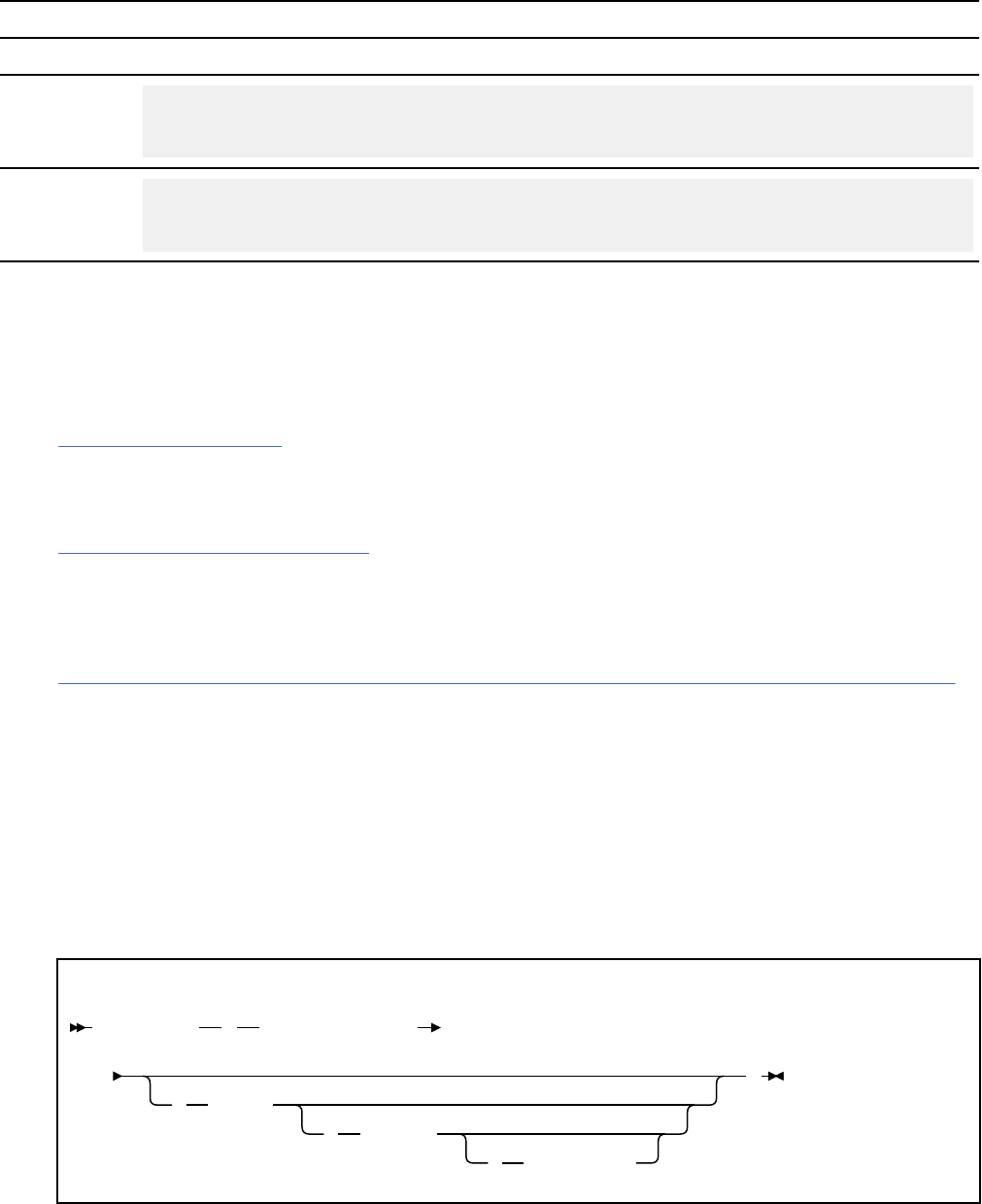
Table 8. Examples of CAF CONNECT function calls (continued)
Language Call example
Fortran
CALL
DSNALI(FUNCTN,SSID,TERMECB,STARTECB,RIBPTR,RETCODE,REASCODE,SRDURA,
EIBPTR,GRPOVER)
PL/I
1
CALL
DSNALI(FUNCTN,SSID,TERMECB,STARTECB,RIBPTR,RETCODE,REASCODE,SRDURA,
EIBPTR,GRPOVER)
Note:
• For C and PL/I applications, you must include the appropriate compiler directives, because DSNALI is
an assembler language program. These compiler directives are described in the instructions for invoking
CAF.
Related concepts
Examples of invoking CAF
The call attachment facility (CAF) enables programs to communicate with Db2. If you explicitly invoke
CAF in your program, you can use the CAF connection functions to control the state of the connection.
Related tasks
Invoking the call attachment facility
Invoke the call attachment facility (CAF) when you want your application program to establish and control
its own connection to Db2. Applications that use CAF can explicitly control the state of their connections
to Db2 by using connection functions that CAF supplies.
Related reference
Synchronizing Tasks (WAIT, POST, and EVENTS Macros) (MVS Programming: Assembler Services Guide)
OPEN function for CAF
The OPEN function allocates Db2 resources that are needed to run the specied plan or to issue IFI
requests. If the requesting task does not already have a connection to the named Db2 subsystem, the
OPEN function establishes it.
Using the OPEN function is optional. If you do not call the OPEN function, the actions that the OPEN
function perform occur implicitly on the rst SQL or IFI call from the task.
Restriction: Do not use the OPEN function if the task already has a plan allocated.
The following diagram shows the syntax for the OPEN function.
DSNALI OPEN function
CALL DSNALI ( function, ssnm, plan
, retcode
, reascode
, groupoverride
)
Parameters point to the following areas:
function
A 12-byte area that contains the word OPEN followed by eight blanks.
52
Db2 12 for z/OS: Application Programming and SQL Guide (Last updated: 2024-07-30)
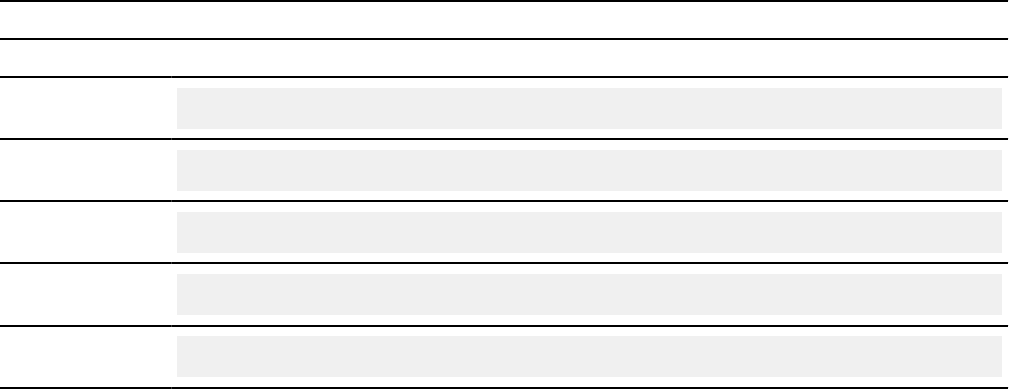
ssnm
A 4-byte Db2 subsystem name or group attachment or subgroup attachment name (if used in a data
sharing group). The OPEN function allocates the specied plan to this Db2 subsystem. Also, if the
requesting task does not already have a connection to the named Db2 subsystem, the OPEN function
establishes it.
You must specify the ssnm parameter, even if the requesting task also issues a CONNECT call. If a
task issues a CONNECT call followed by an OPEN call, the subsystem names for both calls must be the
same.
If ssnm is less than four characters long, pad it on the right with blanks to a length of four characters.
plan
An 8-byte Db2 plan name.
retcode
A 4-byte area in which CAF places the return code.
This eld is optional. If you do not specify retcode,CAF places the return code in register 15 and the
reason code in register 0.
reascode
A 4-byte area in which CAF places a reason code.
This eld is optional. If you do not specify reascode, CAF places the reason code in register 0. If you
specify reascode, you must also specify retcode.
groupoverride
An 8-byte area that the application provides. This eld is optional. If you do not want group attach to
be attempted, specify 'NOGROUP'. This string indicates that the subsystem name that is specied by
ssnm is to be used as a Db2 subsystem name, even if ssnm matches a group attachment or subgroup
attachment name. If you do not specify groupoverride, ssnm is used as the group attachment and
subgroup attachment name if it matches a group attachment or subgroup attachment name. If you
specify this parameter in any language except assembler, you must also specify retcode and reascode.
In assembler language, you can omit these parameters by specifying commas as placeholders.
Recommendation: Avoid using the groupoverride parameter when possible, because it limits the
ability to do dynamic workload routing in a Parallel Sysplex. However, you should use this parameter
in a data sharing environment when you want to connect to a specic member of a data sharing
group, and the subsystem name of that member is the same as the group attachment or subgroup
attachment name.
Examples of CAF OPEN calls
The following table shows an OPEN call in each language.
Table 9. Examples of CAF OPEN calls
Language Call example
Assembler
CALL DSNALI,(FUNCTN,SSID,PLANNAME, RETCODE,REASCODE,GRPOVER)
C
1
fnret=dsnali(&functn[0],&ssid[0], &planname[0],&retcode, &reascode,&grpover[0]);
COBOL
CALL 'DSNALI' USING FUNCTN SSID PLANNAME RETCODE REASCODE GRPOVER.
Fortran
CALL DSNALI(FUNCTN,SSID,PLANNAME, RETCODE,REASCODE,GRPOVER)
PL/I
1
CALL DSNALI(FUNCTN,SSID,PLANNAME, RETCODE,REASCODE,GRPOVER);
Chapter 2. Connecting to Db2 from your application program53

Note:
• For C and PL/I applications, you must include the appropriate compiler directives, because DSNALI is
an assembler language program. These compiler directives are described in the instructions for invoking
CAF.
Related concepts
Implicit connections to CAF
If the CAF language interface (DSNALI) is available and you do not explicitly specify CALL DSNALI
statements in your application, CAF initiates implicit CONNECT and OPEN requests to Db2. These
requests are subject to the same Db2 return codes and reason codes as explicitly specied requests.
Related tasks
Invoking the call attachment facility
Invoke the call attachment facility (CAF) when you want your application program to establish and control
its own connection to Db2. Applications that use CAF can explicitly control the state of their connections
to Db2 by using connection functions that CAF supplies.
CLOSE function for CAF
The CAF CLOSE function deallocates the plan that was created either explicitly by a call to the OPEN
function or implicitly at the rst SQL call. Optionally, the CLOSE function also disconnects the task, and
possibly the address space, from Db2.
If you did not issue an explicit CONNECT call for the task, the CLOSE function deletes the task's
connection to Db2. If no other task in the address space has an active connection to Db2, Db2 also
deletes the control block structures that were created for the address space and removes the cross
memory authorization.
Using the CLOSE function is optional. Consider the following rules and recommendations about when to
use and not use the CLOSE function:
• Do not use the CLOSE function when your current task does not have a plan allocated.
• If you want to use a new plan, you must issue an explicit CLOSE call, followed by an OPEN call with the
new plan name.
• When shutting down your application you can improve the performance of this shut down by explicitly
calling the CLOSE function before the task terminates. If you omit the CLOSE call, Db2 performs an
implicit CLOSE. In this case, Db2 performs the same actions when your task terminates, by using the
SYNC parameter if termination is normal and the ABRT parameter if termination is abnormal.
• If Db2 terminates, issue an explicit CLOSE call for any task that did not issue a CONNECT call. This
action enables CAF to reset its control blocks to allow for future connections. This CLOSE call returns
the reset accomplished return code (+004) and reason code X'00C10824'. If you omit the CLOSE call in
this case, when Db2 is back on line, the task's next connection request fails. You get either the message
YOUR TCB DOES NOT HAVE A CONNECTION, with X'00F30018' in register 0, or the CAF error message
DSNA201I or DSNA202I, depending on what your application tried to do. The task must then issue a
CLOSE call before it can reconnect to Db2.
• A task that issued an explicit CONNECT call should issue a DISCONNECT call instead of a CLOSE call.
This action causes CAF to reset its control blocks when Db2 terminates.
The following diagram shows the syntax for the CLOSE function.
DSNALI CLOSE function
CALL DSNALI ( function, termop
, retcode
, reascode
)
Parameters point to the following areas:
54
Db2 12 for z/OS: Application Programming and SQL Guide (Last updated: 2024-07-30)
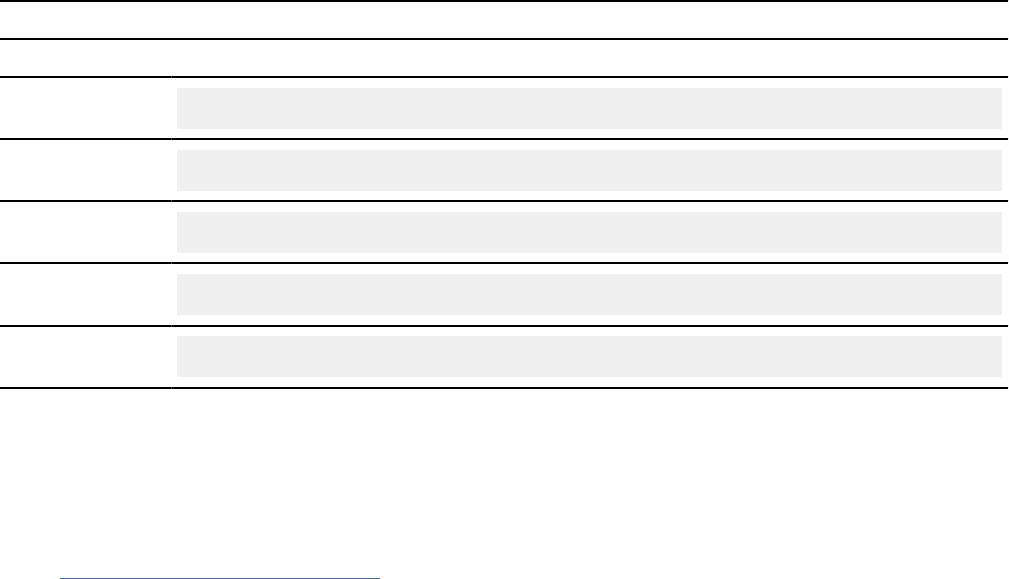
function
A 12-byte area that contains the word CLOSE followed by seven blanks.
termop
A 4-byte terminate option, with one of the following values:
SYNC
Species that Db2 is to commit any modied data.
ABRT
Species that Db2 is to roll back data to the previous commit point.
retcode
A 4-byte area in which CAF is to place the return code.
This eld is optional. If you do not specify retcode, CAF places the return code in register 15 and the
reason code in register 0.
reascode
A 4-byte area in which CAF places a reason code.
This eld is optional. If you do not specify reascode, CAF places the reason code in register 0. If you
specify reascode, you must also specify retcode.
Examples of CAF CLOSE calls
The following table shows a CLOSE call in each language.
Table 10. Examples of CAF CLOSE calls
Language Call example
Assembler
CALL DSNALI,(FUNCTN,TERMOP,RETCODE, REASCODE)
C
1
fnret=dsnali(&functn[0], &termop[0], &retcode,&reascode);
COBOL
CALL 'DSNALI' USING FUNCTN TERMOP RETCODE REASCODE.
Fortran
CALL DSNALI(FUNCTN,TERMOP, RETCODE,REASCODE)
PL/I
1
CALL DSNALI(FUNCTN,TERMOP, RETCODE,REASCODE);
Note:
• For C and PL/I applications, you must include the appropriate compiler directives, because DSNALI is
an assembler language program. These compiler directives are described in the instructions for invoking
CAF.
Related tasks
Invoking the call attachment facility
Invoke the call attachment facility (CAF) when you want your application program to establish and control
its own connection to Db2. Applications that use CAF can explicitly control the state of their connections
to Db2 by using connection functions that CAF supplies.
DISCONNECT function for CAF
The CAF DISCONNECT function terminates a connection to Db2.
DISCONNECT removes the calling task's connection to Db2. If no other task in the address space has an
active connection to Db2, Db2 also deletes the control block structures that were created for the address
space and removes the cross memory authorization.
Chapter 2. Connecting to Db2 from your application program
55
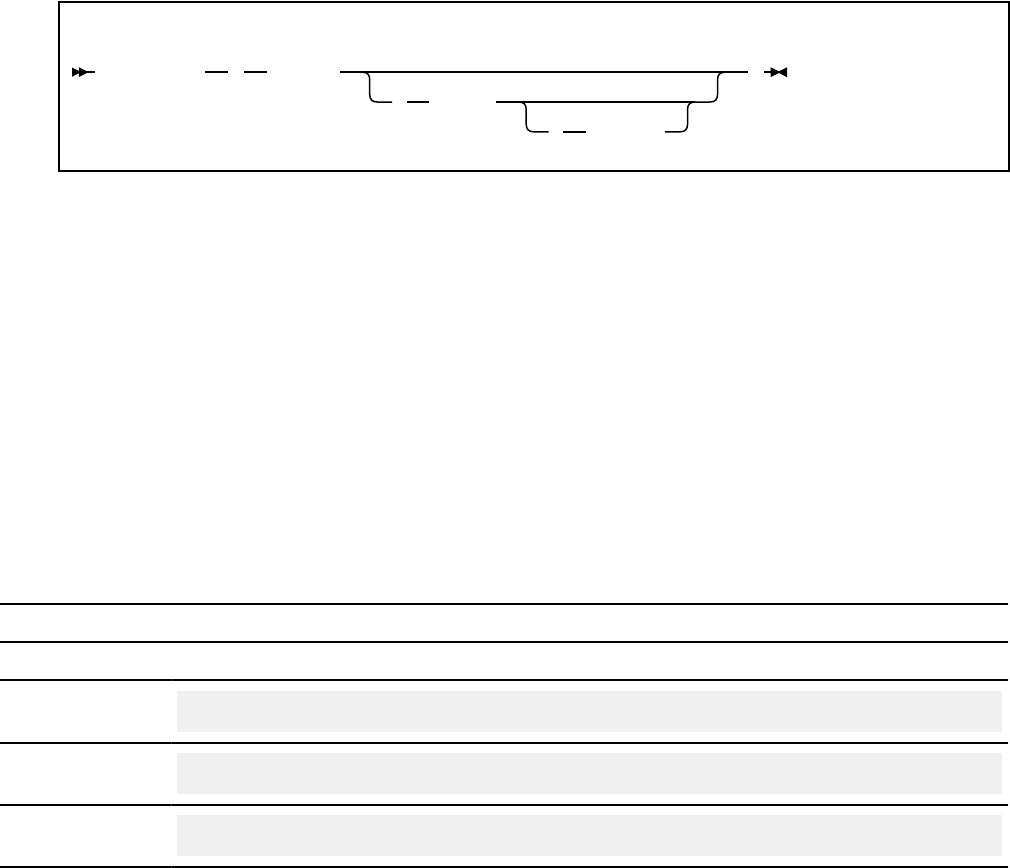
If an OPEN call is in effect, which means that a plan is allocated, when the DISCONNECT call is issued,
CAF issues an implicit CLOSE with the SYNC parameter.
Using the DISCONNECT function is optional. Consider the following rules and recommendations about
when to use and not use the DISCONNECT function:
• Only those tasks that explicitly issued a CONNECT call can issue a DISCONNECT call. If a CONNECT call
was not used, a DISCONNECT call causes an error.
• When shutting down your application you can improve the performance of this shut down by explicitly
calling the DISCONNECT function before the task terminates. If you omit the DISCONNECT call, Db2
performs an implicit DISCONNECT. In this case, Db2 performs the same actions when your task
terminates.
• If Db2 terminates, any task that issued a CONNECT call must issue a DISCONNECT call to reset the
CAF control blocks. The DISCONNECT function returns the reset accomplished return codes and reason
codes (+004 and X'00C10824'). This action ensures that future connection requests from the task work
when Db2 is back on line.
• A task that did not explicitly issue a CONNECT call must issue a CLOSE call instead of a DISCONNECT
call. This action resets the CAF control blocks when Db2 terminates.
The following diagram shows the syntax for the DISCONNECT function.
DSNALI DISCONNECT function
CALL DSNALI ( function
, retcode
, reascode
)
The single parameter points to the following area:
function
A 12-byte area that contains the word DISCONNECT followed by two blanks.
retcode
A 4-byte area in which CAF places the return code.
This eld is optional. If you do not specify retcode, CAF places the return code in register 15 and the
reason code in register 0.
reascode
A 4-byte area in which CAF places a reason code.
This eld is optional. If you do not specify reascode, CAF places the reason code in register 0. If you
specify reascode, you must also specify retcode.
Examples of CAF DISCONNECT calls
The following table shows a DISCONNECT call in each language.
Table 11. Examples of CAF DISCONNECT calls
Language Call example
Assembler
CALL DSNALI(,FUNCTN,RETCODE,REASCODE)
C
1
fnret=dsnali(&functn[0], &retcode, &reascode);
COBOL
CALL 'DSNALI' USING FUNCTN RETCODE REASCODE.
56Db2 12 for z/OS: Application Programming and SQL Guide (Last updated: 2024-07-30)
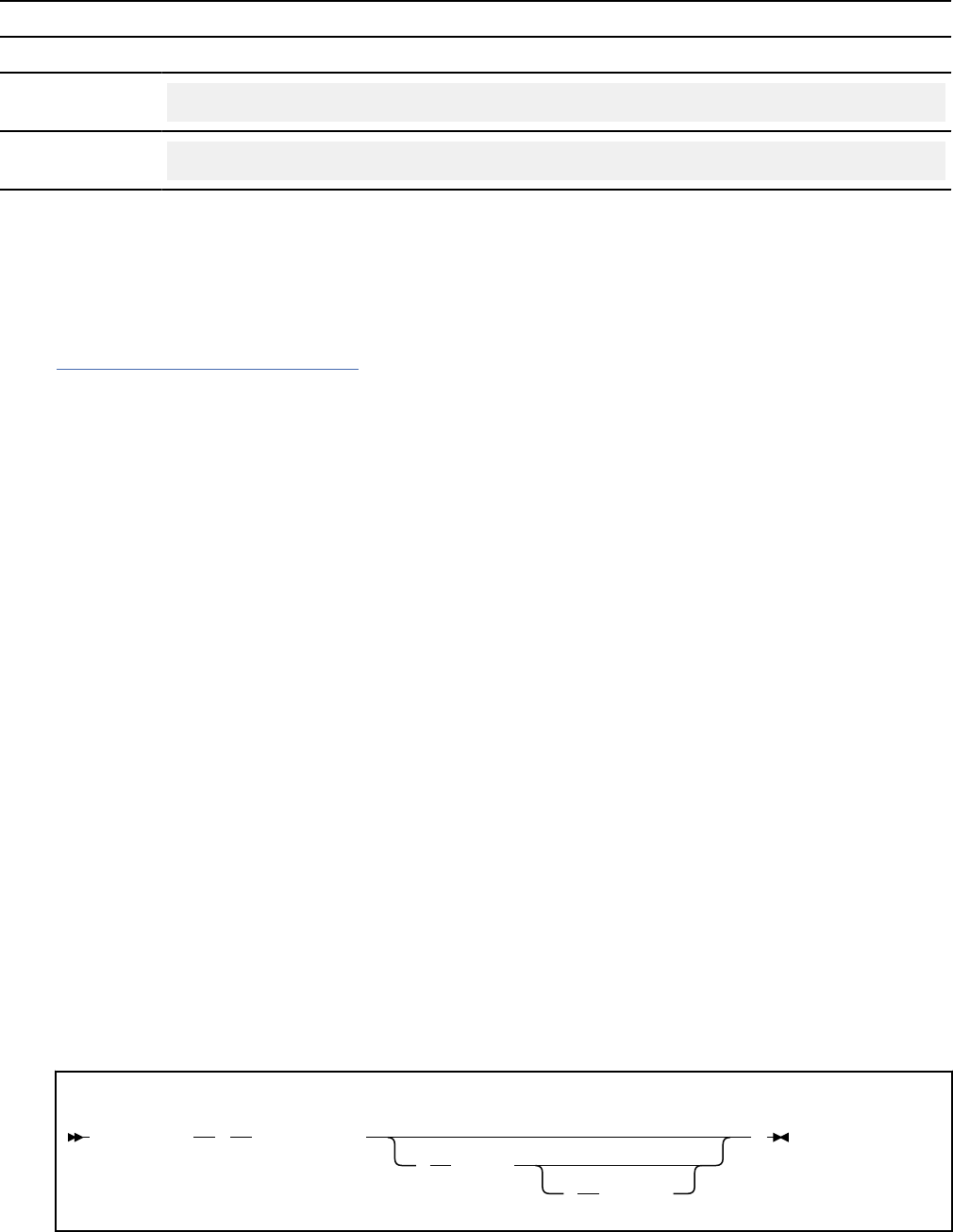
Table 11. Examples of CAF DISCONNECT calls (continued)
Language Call example
Fortran
CALL DSNALI(FUNCTN,RETCODE,REASCODE)
PL/I
1
CALL DSNALI(FUNCTN,RETCODE,REASCODE);
Note:
• For C and PL/I applications, you must include the appropriate compiler directives, because DSNALI is
an assembler language program. These compiler directives are described in the instructions for invoking
CAF.
Related tasks
Invoking the call attachment facility
Invoke the call attachment facility (CAF) when you want your application program to establish and control
its own connection to Db2. Applications that use CAF can explicitly control the state of their connections
to Db2 by using connection functions that CAF supplies.
TRANSLATE function for CAF
The TRANSLATE function converts a Db2 hexadecimal error reason code from a failed OPEN request into
an SQL error code and printable error message text. Db2 places the information into the SQLCODE and
SQLSTATE host variables or related elds of the SQLCA of the caller.
The Db2 error reason code that is converted is read from register 0. The TRANSLATE function does not
change the contents of registers 0 and 15, unless the TRANSLATE request fails; in that case, register 0 is
set to X'C10205' and register 15 is set to 200.
Consider the following rules and recommendations about when to use and not use the TRANSLATE
function:
• You cannot call the TRANSLATE function from the Fortran language.
• The TRANSLATE function is useful only if you used an explicit CONNECT call before an OPEN
request that fails. For errors that occur during SQL or IFI requests, the TRANSLATE function performs
automatically.
• The TRANSLATE function can translate those codes that begin with X'00F3', but it does not translate
CAF reason codes that begin with X'00C1'.
If you receive error reason code X'00F30040' (resource unavailable) after an OPEN request, the
TRANSLATE function returns the name of the unavailable database object in the last 44 characters of
the SQLERRM eld.
If the TRANSLATE function does not recognize the error reason code, it returns SQLCODE -924 (SQLSTATE
'58006') and places a printable copy of the original Db2 function code and the return and error reason
codes in the SQLERRM eld.
The following diagram shows the syntax for the TRANSLATE function.
DSNALI TRANSLATE function
CALL DSNALI ( function, sqlca
, retcode
, reascode
)
Parameters point to the following areas:
Chapter 2. Connecting to Db2 from your application program
57
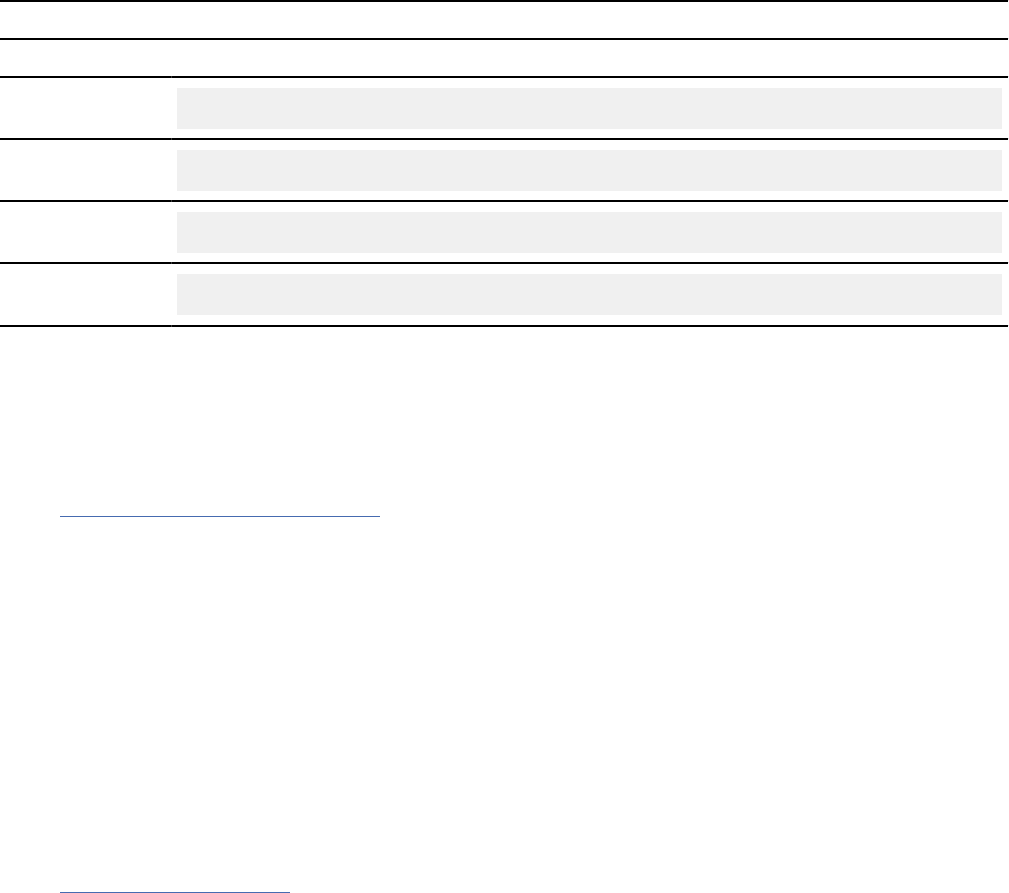
function
A 12-byte area the contains the word TRANSLATE followed by three blanks.
sqlca
The program's SQL communication area (SQLCA).
retcode
A 4-byte area in which CAF places the return code.
This eld is optional. If you do not specify retcode, CAF places the return code in register 15 and the
reason code in register 0.
reascode
A 4-byte area in which CAF places a reason code.
This eld is optional. If you do not specify reascode, CAF places the reason code in register 0. If you
specify reascode, you must also specify retcode.
Examples of CAF TRANSLATE calls
The following table shows a TRANSLATE call in each language.
Table 12. Examples of CAF TRANSLATE calls
Language Call example
Assembler
CALL DSNALI,(FUNCTN,SQLCA,RETCODE, REASCODE)
C
1
fnret=dsnali(&functn[0], &sqlca, &retcode, &reascode);
COBOL
CALL 'DSNALI' USING FUNCTN SQLCA RETCODE REASCODE.
PL/I
1
CALL DSNALI(FUNCTN,SQLCA,RETCODE, REASCODE);
Note:
• For C and PL/I applications, you must include the appropriate compiler directives, because DSNALI is
an assembler language program. These compiler directives are described in the instructions for invoking
CAF.
Related tasks
Invoking the call attachment facility
Invoke the call attachment facility (CAF) when you want your application program to establish and control
its own connection to Db2. Applications that use CAF can explicitly control the state of their connections
to Db2 by using connection functions that CAF supplies.
Turning on a CAF trace
CAF does not capture any diagnostic trace messages unless you tell it to by turning on a trace.
Procedure
Allocate a DSNTRACE data set either dynamically or by including a DSNTRACE DD statement in your JCL.
CAF writes diagnostic trace messages to that data set. The trace message numbers contain the last three
digits of the reason codes.
Related concepts
Examples of invoking CAF
58
Db2 12 for z/OS: Application Programming and SQL Guide (Last updated: 2024-07-30)
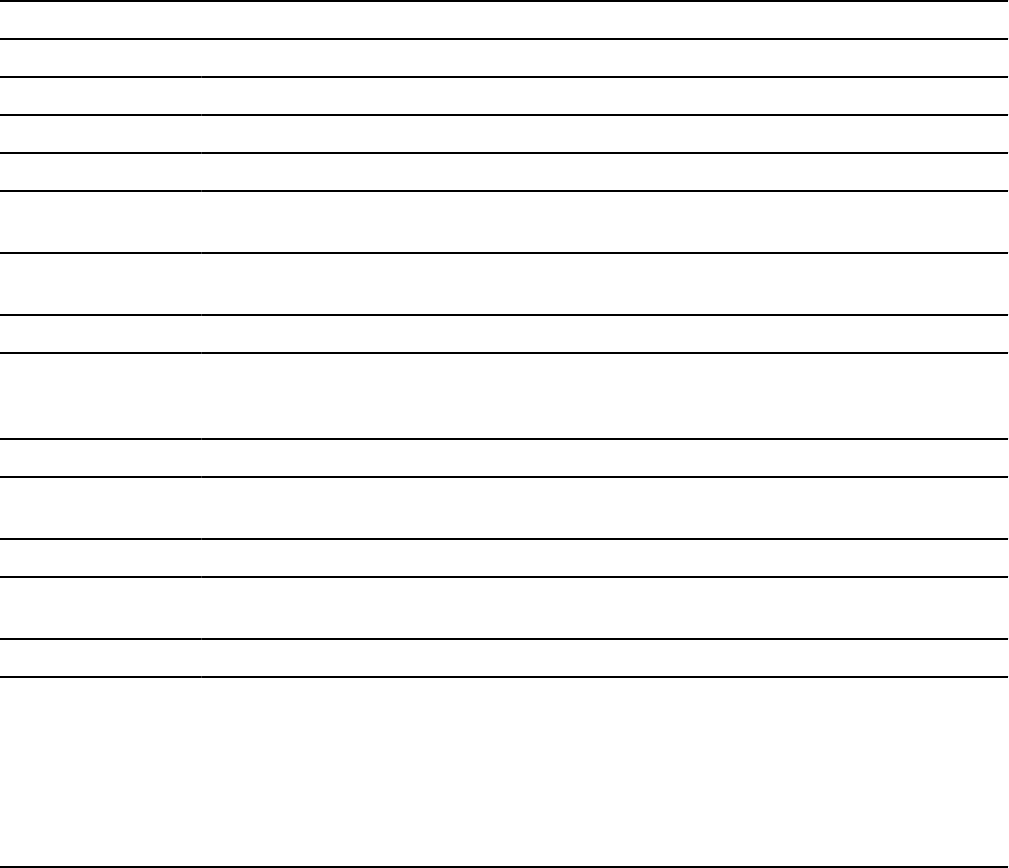
The call attachment facility (CAF) enables programs to communicate with Db2. If you explicitly invoke
CAF in your program, you can use the CAF connection functions to control the state of the connection.
CAF return codes and reason codes
CAF provides the return codes either to the corresponding parameters that are specied in a CAF function
call or, if you choose not to use those parameters, to registers 15 and 0.
When the reason code begins with X'00F3' except for X'00F30006', you can use the CAF TRANSLATE
function to obtain error message text that can be printed and displayed. These reason codes are issued
by the subsystem support for allied memories, a part of the Db2 subsystem support subcomponent that
services all Db2 connection and work requests.
For SQL calls, CAF returns standard SQL codes in the SQLCA. CAF returns IFI return codes and reason
codes in the instrumentation facility communication area (IFCA).
The following table lists the CAF return codes and reason codes.
Table 13. CAF return codes and reason codes
Return code Reason code Explanation
0 X'00000000' Successful completion.
4 X'00C10824' CAF reset complete. CAF is ready to make a new connection.
8 X'00C10831' Release level mismatch between Db2 and the CAF code.
200
1
X'00C10201' Received a second CONNECT request from the same TCB. The
rst CONNECT request could have been implicit or explicit.
200
1
X'00C10202' Received a second OPEN request from the same TCB. The rst
OPEN request could have been implicit or explicit.
200
1
X'00C10203' CLOSE request issued when no active OPEN request exists.
200
1
X'00C10204' DISCONNECT request issued when no active CONNECT request
exists, or the AXSET macro was issued between the CONNECT
request and the DISCONNECT request.
200
1
X'00C10205' TRANSLATE request issued when no connection to Db2 exists.
200
1
X'00C10206' Incorrect number of parameters was specied or the end-of-list
bit was off.
200
1
X'00C10207' Unrecognized function parameter.
200
1
X'00C10208' Received requests to access two different Db2 subsystems from
the same TCB.
204
2
CAF system error. Probable error in the attach or Db2.
Notes:
1. A CAF error probably caused by errors in the parameter lists from the application programs. CAF errors
do not change the current state of your connection to Db2; you can continue processing with a corrected
request.
2. System errors cause abends. If tracing is on, a descriptive message is written to the DSNTRACE data set just
before the abend.
Chapter 2. Connecting to Db2 from your application program59

Sample CAF scenarios
One or more tasks can use call attachment facility (CAF) to connect to Db2. This connection can be made
either implicitly or explicitly. For explicit connections, a task calls one or more of the CAF connection
functions.
A single task with implicit connections
The simplest connection scenario is a single task that makes calls to Db2 without using explicit CALL
DSNALI statements. The task implicitly connects to the default subsystem name and uses the default
plan name.
When the task terminates, the following events occur:
• If termination was normal, any database changes are committed.
• If termination was abnormal, any database changes are rolled back.
• The active plan and all database resources are deallocated.
• The task and address space connections to Db2 are terminated.
A single task with explicit connections
The following example pseudocode illustrates a more complex scenario with a single task.
CONNECT
OPEN allocate a plan
SQL or IFI call
···
CLOSE deallocate the current plan
OPEN allocate a new plan
SQL or IFI call
···
CLOSE
DISCONNECT
A task can have a connection to only one Db2 subsystem at any point in time. A CAF error occurs if the
subsystem name in the OPEN call does not match the subsystem name in the CONNECT call. To switch to
a different subsystem, the application must rst disconnect from the current subsystem and then issue a
connect request with a new subsystem name.
Multiple tasks
In the following scenario, multiple tasks within the address space use Db2 services. Each task must
explicitly specify the same subsystem name on either the CONNECT function request or the OPEN
function request. Task 1 makes no SQL or IFI calls. Its purpose is to monitor the Db2 termination and
startup ECBs and to check the Db2 release level.
TASK 1 TASK 2 TASK 3 TASK n
CONNECT
OPEN OPEN OPEN
SQL SQL SQL
... ... ...
CLOSE CLOSE CLOSE
OPEN OPEN OPEN
SQL SQL SQL
... ... ...
CLOSE CLOSE CLOSE
DISCONNECT
60
Db2 12 for z/OS: Application Programming and SQL Guide (Last updated: 2024-07-30)
Examples of invoking CAF
The call attachment facility (CAF) enables programs to communicate with Db2. If you explicitly invoke
CAF in your program, you can use the CAF connection functions to control the state of the connection.
Example JCL for invoking CAF
The following sample JCL shows how to use CAF in a batch (non-TSO) environment. The DSNTRACE
statement in this example is optional.
//jobname JOB z/OS_jobcard_information
//CAFJCL EXEC PGM=CAF_application_program
//STEPLIB DD DSN=application_load_library
// DD DSN=DB2_load_library
⋮
//SYSPRINT DD SYSOUT=*
//DSNTRACE DD SYSOUT=*
//SYSUDUMP DD SYSOUT=*
Example of assembler code that invokes CAF
The following examples show parts of a sample assembler program that uses CAF. They demonstrate the
basic techniques for making CAF calls, but do not show the code and z/OS macros needed to support
those calls. For example, many applications need a two-task structure so that attention-handling routines
can detach connected subtasks to regain control from Db2. This structure is not shown in the following
code examples. Also, these code examples assume the existence of a WRITE macro. Wherever this macro
is included in the example, substitute code of your own. You must decide what you want your application
to do in those situations; you probably do not want to write the error messages shown.
Example of loading and deleting the CAF language interface
The following code segment shows how an application can load entry points DSNALI and DSNHLI2 for the
CAF language interface. Storing the entry points in variables LIALI and LISQL ensures that the application
has to load the entry points only once. When the module is done with Db2, you should delete the entries.
****************************** GET LANGUAGE INTERFACE ENTRY ADDRESSES
LOAD EP=DSNALI Load the CAF service request EP
ST R0,LIALI Save this for CAF service requests
LOAD EP=DSNHLI2 Load the CAF SQL call Entry Point
ST R0,LISQL Save this for SQL calls
* .
* . Insert connection service requests and SQL calls here
* .
DELETE EP=DSNALI Correctly maintain use count
DELETE EP=DSNHLI2 Correctly maintain use count
Example of connecting to Db2 with CAF
The following example code shows how to issue explicit requests for certain actions, such as CONNECT,
OPEN, CLOSE, DISCONNECT, and TRANSLATE, and uses the CHEKCODE subroutine to check the return
reason codes from CAF.
****************************** CONNECT ********************************
L R15,LIALI Get the Language Interface address
MVC FUNCTN,CONNECT Get the function to call
CALL (15),(FUNCTN,SSID,TECB,SECB,RIBPTR),VL,MF=(E,CAFCALL)
BAL R14,CHEKCODE Check the return and reason codes
CLC CONTROL,CONTINUE Is everything still OK
BNE EXIT If CONTROL not 'CONTINUE', stop loop
USING R8,RIB Prepare to access the RIB
L R8,RIBPTR Access RIB to get DB2 release level
CLC RIBREL,RIBR999 DB2 V10 or later?
BE USERELX If RIBREL = '999', use RIBRELX
WRITE 'The current DB2 release level is' RIBREL
B OPEN Continue with signon
USERELX WRITE 'The current DB2 release level is' RIBRELX
Chapter 2. Connecting to Db2 from your application program
61
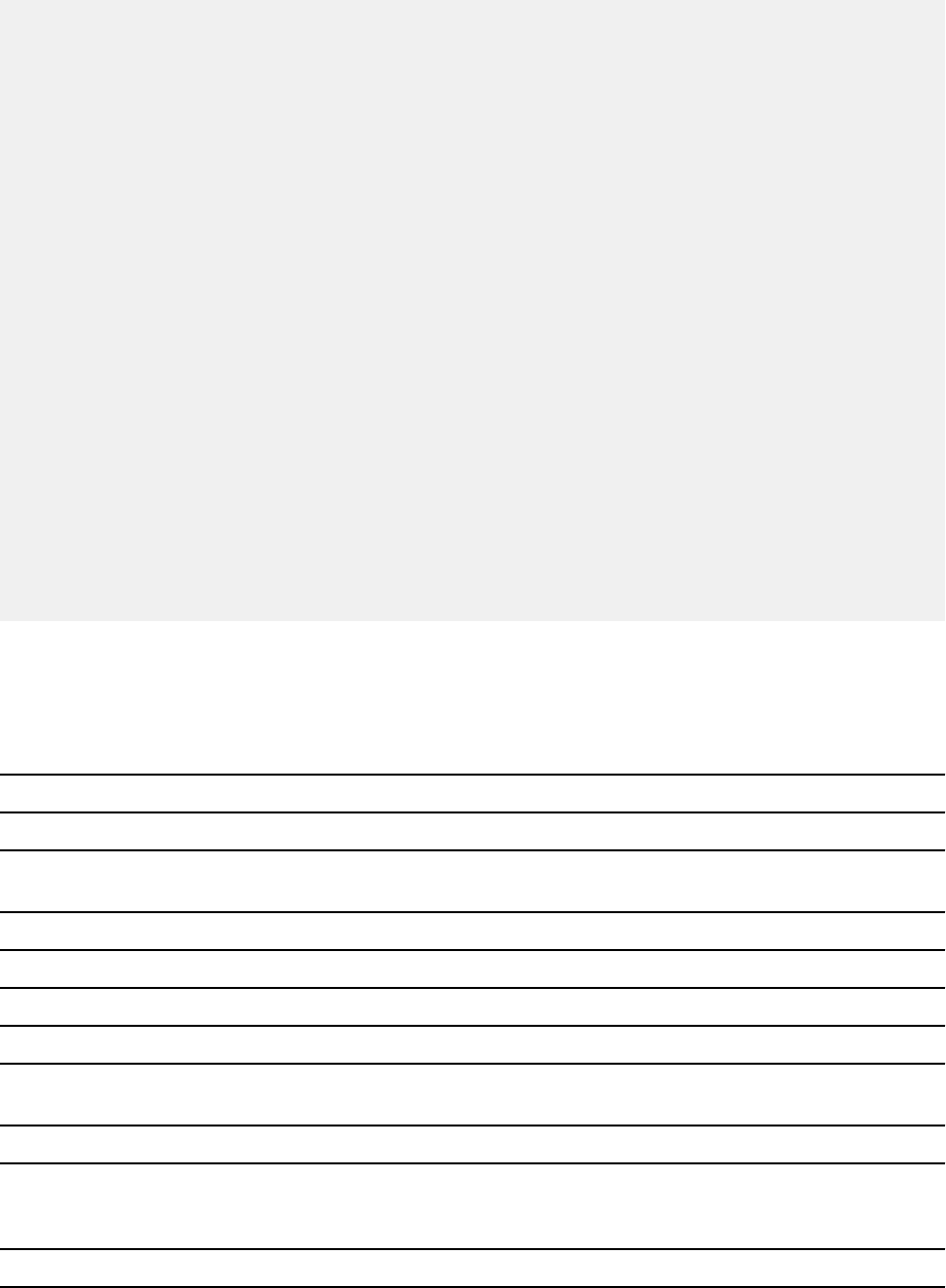
****************************** OPEN ***********************************
OPEN L R15,LIALI Get the Language Interface address
MVC FUNCTN,OPEN Get the function to call
CALL (15),(FUNCTN,SSID,PLAN),VL,MF=(E,CAFCALL)
BAL R14,CHEKCODE Check the return and reason codes
****************************** SQL ************************************
* Insert your SQL calls here. The DB2 Precompiler
* generates calls to entry point DSNHLI. You should
* specify the precompiler option ATTACH(CAF), or code
* a dummy entry point named DSNHLI to intercept
* all SQL calls. A dummy DSNHLI is shown below.
****************************** CLOSE **********************************
CLC CONTROL,CONTINUE Is everything still OK?
BNE EXIT If CONTROL not 'CONTINUE', shut down
MVC TRMOP,ABRT Assume termination with ABRT parameter
L R4,SQLCODE Put the SQLCODE into a register
C R4,CODE0 Examine the SQLCODE
BZ SYNCTERM If zero, then CLOSE with SYNC parameter
C R4,CODE100 See if SQLCODE was 100
BNE DISC If not 100, CLOSE with ABRT parameter
SYNCTERM MVC TRMOP,SYNC Good code, terminate with SYNC parameter
DISC DS 0H Now build the CAF parmlist
L R15,LIALI Get the Language Interface address
MVC FUNCTN,CLOSE Get the function to call
CALL (15),(FUNCTN,TRMOP),VL,MF=(E,CAFCALL)
BAL R14,CHEKCODE Check the return and reason codes
****************************** DISCONNECT *****************************
CLC CONTROL,CONTINUE Is everything still OK
BNE EXIT If CONTROL not 'CONTINUE', stop loop
L R15,LIALI Get the Language Interface address
MVC FUNCTN,DISCON Get the function to call
CALL (15),(FUNCTN),VL,MF=(E,CAFCALL)
BAL R14,CHEKCODE Check the return and reason codes
This example code does not show a task that waits on the Db2 termination ECB. If you want such a task,
you can code it by using the z/OS WAIT macro to monitor the ECB. You probably want this task to detach
the sample code if the termination ECB is posted. That task can also wait on the Db2 startup ECB. This
sample waits on the startup ECB at its own task level.
This example code assumes that the variables in the following table are already set:
Table 14. Variables that preceding example assembler code assumes are set
Variable Usage
LIALI The entry point that handles Db2 connection
service requests.
LISQL The entry point that handles SQL calls.
SSID The Db2 subsystem identier.
TECB The address of the Db2 termination ECB.
SECB The address of the Db2 startup ECB.
RIBPTR A fullword that CAF sets to contain the RIB
address.
PLAN The plan name to use in the OPEN call.
CONTROL This variable is used to shut down processing
because of unsatisfactory return or reason codes.
The CHECKCODE subroutine sets this value.
CAFCALL List-form parameter area for the CALL macro.
62Db2 12 for z/OS: Application Programming and SQL Guide (Last updated: 2024-07-30)

Example of checking return codes and reason codes when using CAF
The following example code illustrates a way to check the return codes and the Db2 termination ECB after
each connection service request and SQL call. The routine sets the variable CONTROL to control further
processing within the module.
***********************************************************************
* CHEKCODE PSEUDOCODE *
***********************************************************************
*IF TECB is POSTed with the ABTERM or FORCE codes
* THEN
* CONTROL = 'SHUTDOWN'
* WRITE 'DB2 found FORCE or ABTERM, shutting down'
* ELSE /* Termination ECB was not POSTed */
* SELECT (RETCODE) /* Look at the return code */
* WHEN (0) ; /* Do nothing; everything is OK */
* WHEN (4) ; /* Warning */
* SELECT (REASCODE) /* Look at the reason code */
* WHEN ('00C10824'X) /* Ready for another CAF call */
* CONTROL = 'RESTART' /* Start over, from the top */
* OTHERWISE
* WRITE 'Found unexpected R0 when R15 was 4'
* CONTROL = 'SHUTDOWN'
* END INNER-SELECT
* WHEN (8,12) /* Connection failure */
* SELECT (REASCODE) /* Look at the reason code */
* WHEN ('00C10831'X) /* DB2 / CAF release level mismatch*/
* WRITE 'Found a mismatch between DB2 and CAF release levels'
* WHEN ('00F30002'X, /* These mean that DB2 is down but */
* '00F30012'X) /* will POST SECB when up again */
* DO
* WRITE 'DB2 is unavailable. I'll tell you when it is up.'
* WAIT SECB /* Wait for DB2 to come up */
* WRITE 'DB2 is now available.'
* END
* /**********************************************************/
* /* Insert tests for other DB2 connection failures here. */
* /* CAF Externals Specification lists other codes you can */
* /* receive. Handle them in whatever way is appropriate */
* /* for your application. */
* /**********************************************************/
* OTHERWISE /* Found a code we're not ready for*/
* WRITE 'Warning: DB2 connection failure. Cause unknown'
* CALL DSNALI ('TRANSLATE',SQLCA) /* Fill in SQLCA */
* WRITE SQLCODE and SQLERRM
* END INNER-SELECT
* WHEN (200)
* WRITE 'CAF found user error. See DSNTRACE data set'
* WHEN (204)
* WRITE 'CAF system error. See DSNTRACE data set'
* OTHERWISE
* CONTROL = 'SHUTDOWN'
* WRITE 'Got an unrecognized return code'
* END MAIN SELECT
* IF (RETCODE > 4) THEN /* Was there a connection problem?*/
* CONTROL = 'SHUTDOWN'
* END CHEKCODE
***********************************************************************
* Subroutine CHEKCODE checks return codes from DB2 and Call Attach.
* When CHEKCODE receives control, R13 should point to the caller's
* save area.
***********************************************************************
CHEKCODE DS 0H
STM R14,R12,12(R13) Prolog
ST R15,RETCODE Save the return code
ST R0,REASCODE Save the reason code
LA R15,SAVEAREA Get save area address
ST R13,4(,R15) Chain the save areas
ST R15,8(,R13) Chain the save areas
LR R13,R15 Put save area address in R13
* ********************* HUNT FOR FORCE OR ABTERM ***************
TM TECB,POSTBIT See if TECB was POSTed
BZ DOCHECKS Branch if TECB was not POSTed
CLC TECBCODE(3),QUIESCE Is this "STOP DB2 MODE=FORCE"
BE DOCHECKS If not QUIESCE, was FORCE or ABTERM
MVC CONTROL,SHUTDOWN Shutdown
WRITE 'Found found FORCE or ABTERM, shutting down'
B ENDCCODE Go to the end of CHEKCODE
Chapter 2. Connecting to Db2 from your application program
63

DOCHECKS DS 0H Examine RETCODE and REASCODE
* ********************* HUNT FOR 0 *****************************
CLC RETCODE,ZERO Was it a zero?
BE ENDCCODE Nothing to do in CHEKCODE for zero
* ********************* HUNT FOR 4 *****************************
CLC RETCODE,FOUR Was it a 4?
BNE HUNT8 If not a 4, hunt eights
CLC REASCODE,C10831 Was it a release level mismatch?
BNE HUNT824 Branch if not an 831
WRITE 'Found a mismatch between DB2 and CAF release levels'
B ENDCCODE We are done. Go to end of CHEKCODE
HUNT824 DS 0H Now look for 'CAF reset' reason code
CLC REASCODE,C10824 Was it 4? Are we ready to restart?
BNE UNRECOG If not 824, got unknown code
WRITE 'CAF is now ready for more input'
MVC CONTROL,RESTART Indicate that we should re-CONNECT
B ENDCCODE We are done. Go to end of CHEKCODE
UNRECOG DS 0H
WRITE 'Got RETCODE = 4 and an unrecognized reason code'
MVC CONTROL,SHUTDOWN Shutdown, serious problem
B ENDCCODE We are done. Go to end of CHEKCODE
* ********************* HUNT FOR 8 *****************************
HUNT8 DS 0H
CLC RETCODE,EIGHT Hunt return code of 8
BE GOT8OR12
CLC RETCODE,TWELVE Hunt return code of 12
BNE HUNT200
GOT8OR12 DS 0H Found return code of 8 or 12
WRITE 'Found RETCODE of 8 or 12'
CLC REASCODE,F30002 Hunt for X'00F30002'
BE DB2DOWN
CLC REASCODE,F30012 Hunt for X'00F30012'
BE DB2DOWN
WRITE 'DB2 connection failure with an unrecognized REASCODE'
CLC SQLCODE,ZERO See if we need TRANSLATE
BNE A4TRANS If not blank, skip TRANSLATE
* ********************* TRANSLATE unrecognized RETCODEs ********
WRITE 'SQLCODE 0 but R15 not, so TRANSLATE to get SQLCODE'
L R15,LIALI Get the Language Interface address
CALL (15),(TRANSLAT,SQLCA),VL,MF=(E,CAFCALL)
C R0,C10205 Did the TRANSLATE work?
BNE A4TRANS If not C10205, SQLERRM now filled in
WRITE 'Not able to TRANSLATE the connection failure'
B ENDCCODE Go to end of CHEKCODE
A4TRANS DS 0H SQLERRM must be filled in to get here
* Note: your code should probably remove the X'FF'
* separators and format the SQLERRM feedback area.
* Alternatively, use DB2 Sample Application DSNTIAR
* to format a message.
WRITE 'SQLERRM is:' SQLERRM
B ENDCCODE We are done. Go to end of CHEKCODE
DB2DOWN DS 0H Hunt return code of 200
WRITE 'DB2 is down and I will tell you when it comes up'
WAIT ECB=SECB Wait for DB2 to come up
WRITE 'DB2 is now available'
MVC CONTROL,RESTART Indicate that we should re-CONNECT
B ENDCCODE
* ********************* HUNT FOR 200 ***************************
HUNT200 DS 0H Hunt return code of 200
CLC RETCODE,NUM200 Hunt 200
BNE HUNT204
WRITE 'CAF found user error, see DSNTRACE data set'
B ENDCCODE We are done. Go to end of CHEKCODE
* ********************* HUNT FOR 204 ***************************
HUNT204 DS 0H Hunt return code of 204
CLC RETCODE,NUM204 Hunt 204
BNE WASSAT If not 204, got strange code
WRITE 'CAF found system error, see DSNTRACE data set'
B ENDCCODE We are done. Go to end of CHEKCODE
* ********************* UNRECOGNIZED RETCODE *******************
WASSAT DS 0H
WRITE 'Got an unrecognized RETCODE'
MVC CONTROL,SHUTDOWN Shutdown
BE ENDCCODE We are done. Go to end of CHEKCODE
ENDCCODE DS 0H Should we shut down?
L R4,RETCODE Get a copy of the RETCODE
C R4,FOUR Have a look at the RETCODE
BNH BYEBYE If RETCODE <= 4 then leave CHEKCODE
MVC CONTROL,SHUTDOWN Shutdown
BYEBYE DS 0H Wrap up and leave CHEKCODE
64
Db2 12 for z/OS: Application Programming and SQL Guide (Last updated: 2024-07-30)
L R13,4(,R13) Point to caller's save area
RETURN (14,12) Return to the caller
Example of invoking CAF when you do not specify the precompiler option ATTACH(CAF)
Each of the four Db2 attachment facilities contains an entry point named DSNHLI. When you use CAF
but do not specify the precompiler option ATTACH(CAF), SQL statements result in BALR instructions to
DSNHLI in your program. To nd the correct DSNHLI entry point without including DSNALI in your load
module, code a subroutine with entry point DSNHLI that passes control to entry point DSNHLI2 in the
DSNALI module. DSNHLI2 is unique to DSNALI and is at the same location in DSNALI as DSNHLI. DSNALI
uses 31-bit addressing. If the application that calls this intermediate subroutine uses 24-bit addressing,
this subroutine should account for the difference.
In the following example, LISQL is addressable because the calling CSECT used the same register 12 as
CSECT DSNHLI. Your application must also establish addressability to LISQL.
***********************************************************************
* Subroutine DSNHLI intercepts calls to LI EP=DSNHLI
***********************************************************************
DS 0D
DSNHLI CSECT Begin CSECT
STM R14,R12,12(R13) Prologue
LA R15,SAVEHLI Get save area address
ST R13,4(,R15) Chain the save areas
ST R15,8(,R13) Chain the save areas
LR R13,R15 Put save area address in R13
L R15,LISQL Get the address of real DSNHLI
BASSM R14,R15 Branch to DSNALI to do an SQL call
* DSNALI is in 31-bit mode, so use
* BASSM to assure that the addressing
* mode is preserved.
L R13,4(,R13) Restore R13 (caller's save area addr)
L R14,12(,R13) Restore R14 (return address)
RETURN (1,12) Restore R1-12, NOT R0 and R15 (codes)
Example of variable declarations when using CAF
The following example code shows declarations for some of the variables that were used in the previous
subroutines.
****************************** VARIABLES ******************************
SECB DS F DB2 Startup ECB
TECB DS F DB2 Termination ECB
LIALI DS F DSNALI Entry Point address
LISQL DS F DSNHLI2 Entry Point address
SSID DS CL4 DB2 Subsystem ID. CONNECT parameter
PLAN DS CL8 DB2 Plan name. OPEN parameter
TRMOP DS CL4 CLOSE termination option (SYNC|ABRT)
FUNCTN DS CL12 CAF function to be called
RIBPTR DS F DB2 puts Release Info Block addr here
RETCODE DS F Chekcode saves R15 here
REASCODE DS F Chekcode saves R0 here
CONTROL DS CL8 GO, SHUTDOWN, or RESTART
SAVEAREA DS 18F Save area for CHEKCODE
****************************** CONSTANTS ******************************
SHUTDOWN DC CL8'SHUTDOWN' CONTROL value: Shutdown execution
RESTART DC CL8'RESTART ' CONTROL value: Restart execution
CONTINUE DC CL8'CONTINUE' CONTROL value: Everything OK, cont
CODE0 DC F'0' SQLCODE of 0
CODE100 DC F'100' SQLCODE of 100
QUIESCE DC XL3'000008' TECB postcode: STOP DB2 MODE=QUIESCE
CONNECT DC CL12'CONNECT ' Name of a CAF service. Must be CL12!
OPEN DC CL12'OPEN ' Name of a CAF service. Must be CL12!
CLOSE DC CL12'CLOSE ' Name of a CAF service. Must be CL12!
DISCON DC CL12'DISCONNECT ' Name of a CAF service. Must be CL12!
TRANSLAT DC CL12'TRANSLATE ' Name of a CAF service. Must be CL12!
SYNC DC CL4'SYNC' Termination option (COMMIT)
ABRT DC CL4'ABRT' Termination option (ROLLBACK)
****************************** RETURN CODES (R15) FROM CALL ATTACH ****
ZERO DC F'0' 0
FOUR DC F'4' 4
EIGHT DC F'8' 8
TWELVE DC F'12' 12 (Call Attach return code in R15)
NUM200 DC F'200' 200 (User error)
Chapter 2. Connecting to Db2 from your application program
65

NUM204 DC F'204' 204 (Call Attach system error)
****************************** REASON CODES (R00) FROM CALL ATTACH ****
C10205 DC XL4'00C10205' Call attach could not TRANSLATE
C10831 DC XL4'00C10831' Call attach found a release mismatch
C10824 DC XL4'00C10824' Call attach ready for more input
F30002 DC XL4'00F30002' DB2 subsystem not up
F30011 DC XL4'00F30011' DB2 subsystem not up
F30012 DC XL4'00F30012' DB2 subsystem not up
F30025 DC XL4'00F30025' DB2 is stopping (REASCODE)
*
* Insert more codes here as necessary for your application
*
****************************** SQLCA and RIB **************************
EXEC SQL INCLUDE SQLCA
DSNDRIB Get the DB2 Release Information Block
****************************** CALL macro parm list *******************
CAFCALL CALL ,(*,*,*,*,*,*,*,*,*),VL,MF=L
Invoking the Resource Recovery Services attachment facility
The Resource Recovery Services attachment facility (RRSAF) enables your program to communicate with
Db2. Invoke RRSAF as an alternative to invoking CAF or when using stored procedures that run in a
WLM-established address space. RRSAF has more capabilities than CAF.
Before you begin
Before you invoke RRSAF, perform the following actions:
• Ensure that the RRSAF language interface load module, DSNRLI, is available.
• Ensure that your application satises the requirements for programs that access RRSAF.
• Ensure that your application satises the general environment characteristics for connecting to Db2.
• Ensure that you are familiar with the following z/OS concepts and facilities:
– The CALL macro and standard module linkage conventions
– Program addressing and residency options (AMODE and RMODE)
– Creating and controlling tasks; multitasking
– Functional recovery facilities such as ESTAE, ESTAI, and FRRs
– Synchronization techniques such as WAIT/POST
– z/OS RRS functions, such as SRRCMIT and SRRBACK
About this task
Applications that use RRSAF can be written in assembler language, C, COBOL, Fortran, and PL/I. When
choosing a language to code your application in, consider the following restrictions:
• If you use z/OS macros (ATTACH, WAIT, POST, and so on), choose a programming language that
supports them.
• The RRSAF TRANSLATE function is not available in Fortran. To use this function, code it in a routine that
is written in another language, and then call that routine from Fortran.
Procedure
To invoke RRSAF:
1. Perform one of the following actions:
• Explicitly invoke RRSAF by including in your program CALL DSNRLI statements with the appropriate
options.
The rst option is an RRSAF connection function, which describes the action that you want RRSAF
to take. The effect of any function depends in part on what functions the program has already
performed.
66
Db2 12 for z/OS: Application Programming and SQL Guide (Last updated: 2024-07-30)
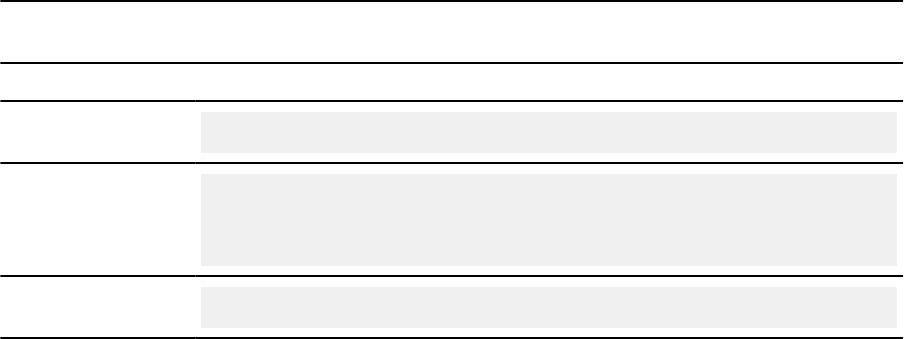
To code RRSAF functions in C, COBOL, Fortran, or PL/I, follow the individual language's rules for
making calls to assembler language routines. Specify the return code and reason code parameters in
the parameter list for each RRSAF call.
Requirement: For C, C++, and PL/I applications, you must also include in your program the compiler
directives that are listed in the following table, because DSNRLI is an assembler language program.
Table 15. Compiler directives to include in C, C++, and PL/I applications that contain CALL DSNRLI
statements
Language Compiler directive to include
C #pragma linkage(dsnrli, OS)
C++ extern "OS" {
int DSNRLI(
char * functn,
...); }
PL/I DCL DSNRLI ENTRY OPTIONS(ASM,INTER,RETCODE);
• Implicitly invoke RRSAF by including SQL statements or IFI calls in your program just as you would
in any program. The RRSAF facility establishes the connection to Db2 with the default values for the
subsystem name, plan name and authorization ID.
Restriction: If your program can make its rst SQL call from different modules with different DBRMs,
you cannot use a default plan name and thus, you cannot implicitly invoke RRSAF. Instead, you must
explicitly invoke RRSAF by calling the CREATE THREAD function.
Requirement: If your application includes both SQL and IFI calls, you must issue at least one SQL
call before you issue any IFI calls. This action ensures that your application uses the correct plan.
2. If you implicitly invoked RRSAF, determine if the implicit connection was successful by examining
the return code and reason code immediately after the rst executable SQL statement within the
application program. Your program can check these codes by performing one of the following actions:
• Examine registers 0 and 15 directly.
• Examine the SQLCA, and if the SQLCODE is -981, obtain the return and reason code from the
message text. The return code is the rst token, and the reason code is the second token.
If the implicit connection is successful, the application can examine the SQLCODE for the rst, and
subsequent, SQL statements.
Example of an RRSAF conguration
The following gure shows an conceptual example of invoking and using RRSAF.
Chapter 2. Connecting to Db2 from your application program
67
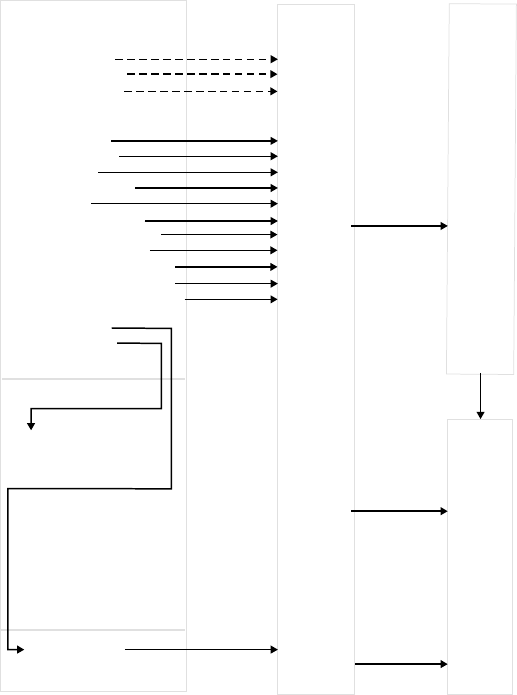
LOAD DSNRLI
LOAD DSNWLIR
LOAD DSNRLIR
CALL DSNRLI
(’IDENTIFY’)
(’SWITCH TO’)
(’SIGNON’)
(’AUTH SIGNON’)
(’SET_ID’)
(’SET_CLIENT_ID’)
(’CONTEXT SIGNON’)
(’CREATE THREAD’)
(’FIND_DB2_SYSTEMS’)
(’TERMINATE THREAD’)
(’TERMINATE IDENTIFY’)
Application Load
DSNALI
CALL DSNWLI
CALL DSNHLI
(SQL calls)
DSNWLIR
DSNHLIR
(Process
SQL stmts)
Db2
RRSAF
language
interface
RRSAF
mainline
code
Call
(Process
connection
requests)
DSNHLI (dummy
application
entry point)
CALL DSNHLIR
(Transfer calls
to real RRSAF
SQL entry point)
DSNWLI (dummy
application
entry point)
CALL DSNWLIR
(Transfer calls to
real RRSAF IFI)
Resource Recovery Services attachment facility
An attachment facility enables programs to communicate with Db2. The Resource Recovery Services
attachment facility (RRSAF) provides such a connection for programs that run in z/OS batch, TSO
foreground, and TSO background. The RRSAF is an alternative to CAF and has more functionality.
An application program using RRSAF can perform the following actions:
• Use Db2 to process SQL statements, commands, or instrumentation facility interface (IFI) calls.
• Coordinate Db2 updates with updates made by all other resource managers that also use z/OS RRS in
an z/OS system.
• Use the z/OS System Authorization Facility and an external security product, such as RACF, to sign on to
Db2 with the authorization ID of a user.
• Sign on to Db2 using a new authorization ID and an existing connection and plan.
• Access Db2 from multiple z/OS tasks in an address space.
• Switch a Db2 thread among z/OS tasks within a single address space.
• Access the Db2 IFI.
• Run with or without the TSO terminal monitor program (TMP).
• Run without being a subtask of the DSN command processor (or of any Db2 code).
• Run above or below the 16-MB line.
• Establish an explicit connection to Db2, through a call interface, with control over the exact state of the
connection.
• Establish an implicit connection to Db2 (with a default subsystem identier and a default plan name) by
using SQL statements or IFI calls without rst calling RRSAF.
68
Db2 12 for z/OS: Application Programming and SQL Guide (Last updated: 2024-07-30)

• Supply event control blocks (ECBs), for Db2 to post, that signal start-up or termination.
• Intercept return codes, reason codes, and abend codes from Db2 and translate them into messages as
required.
RRSAF uses z/OS Transaction Management and Recoverable Resource Manager Services (z/OS RRS).
Any task in an address space can establish a connection to Db2 through RRSAF. Each task control block
(TCB) can have only one connection to Db2. A Db2 service request that is issued by a program that
runs under a given task is associated with that task's connection to Db2. The service request operates
independently of any Db2 activity under any other task.
Each connected task can run a plan. Tasks within a single address space can specify the same plan,
but each instance of a plan runs independently from the others. A task can terminate its plan and run a
different plan without completely breaking its connection to Db2.
RRSAF does not generate task structures.
When you design your application, consider that using multiple simultaneous connections can increase
the possibility of deadlocks and Db2 resource contention.
Restriction: RRSAF does not provide attention processing exits or functional recovery routines. You can
provide whatever attention handling and functional recovery your application needs, but you must use
ESTAE/ESTAI type recovery routines only.
A tracing facility provides diagnostic messages that help you debug programs and diagnose errors in the
RRSAF code. The trace information is available only in a SYSABEND or SYSUDUMP dump.
To commit work in RRSAF applications, use the CPIC SRRCMIT function or the Db2 COMMIT statement.
To roll back work, use the CPIC SRRBACK function or the Db2 ROLLBACK statement.
Use the following guidelines to decide whether to use the Db2 statements or the CPIC functions for
commit and rollback operations:
• Use Db2 COMMIT and ROLLBACK statements when all of the following conditions are true:
– The only recoverable resource that is accessed by your application is Db2 data that is managed by a
single Db2 instance.
Db2 COMMIT and ROLLBACK statements fail if your RRSAF application accesses recoverable
resources other than Db2 data that is managed by a single Db2 instance.
– The address space from which syncpoint processing is initiated is the same as the address space that
is connected to Db2.
• If your application accesses other recoverable resources, or syncpoint processing and Db2 access are
initiated from different address spaces, use SRRCMIT and SRRBACK.
Related reference
COMMIT statement (Db2 SQL)
ROLLBACK statement (Db2 SQL)
Related information
Using Protected Resources (MVS Programming: Callable Services for High-Level Languages)
Properties of RRSAF connections
RRSAF enables programs to communicate with Db2 to process SQL statements, commands, or IFI calls.
Restriction: Do not mix RRSAF connections with other connection types in a single address space. The
rst connection that is made from an address space to Db2 determines the type of connection allowed.
The connection that RRSAF makes with Db2 has the basic properties that are listed in the following table.
Chapter 2. Connecting to Db2 from your application program
69

Table 16. Properties of RRSAF connections
Property Value Comments
Connection name RRSAF You can use the DISPLAY
THREAD command to list RRSAF
applications that have the
connection name RRSAF.
Connection type RRSAF None.
Authorization ID Authorization IDs that are
associated with each Db2
connection
A connection must have a
primary ID and can have one
or more secondary IDs. Those
identiers are used for the
following purposes:
• Validating access to Db2
• Checking privileges on Db2
objects
• Assigning ownership of Db2
objects
• Identifying the user of
a connection for audit,
performance, and accounting
traces.
RRSAF relies on the z/OS
System Authorization Facility
(SAF) and a security product,
such as RACF, to verify and
authorize the authorization IDs.
An application that connects
to Db2 through RRSAF must
pass those identiers to SAF
for verication and authorization
checking. RRSAF retrieves the
identiers from SAF.
A location can provide an
authorization exit routine for
a Db2 connection to change
the authorization IDs and to
indicate whether the connection
is allowed. The actual values that
are assigned to the primary and
secondary authorization IDs can
differ from the values that are
provided by a SIGNON or AUTH
SIGNON request. A site's Db2
signon exit routine can access
the primary and secondary
authorization IDs and can modify
the IDs to satisfy the site's
security requirements. The exit
routine can also indicate whether
the signon request should be
accepted.
70
Db2 12 for z/OS: Application Programming and SQL Guide (Last updated: 2024-07-30)
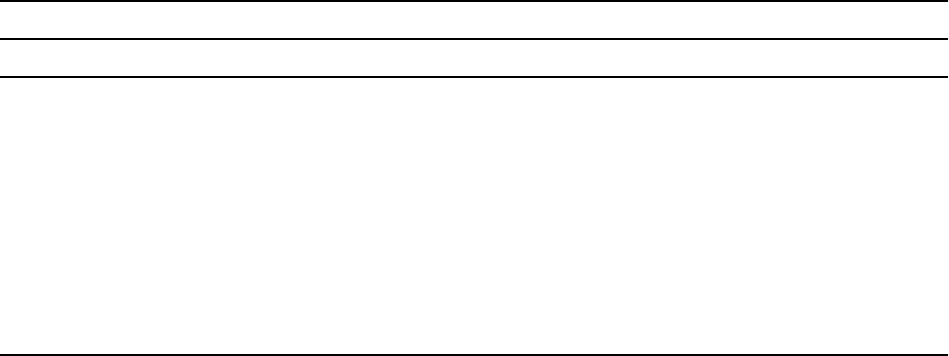
Table 16. Properties of RRSAF connections (continued)
Property Value Comments
Scope RRSAF processes connections as
if each task is entirely isolated.
When a task requests a function,
RRSAF passes the function to
Db2, regardless of the connection
status of other tasks in the
address space. However, the
application program and the Db2
subsystem have access to the
connection status of multiple
tasks in an address space.
None.
If an application that is connected to Db2 through RRSAF terminates normally before the TERMINATE
THREAD or TERMINATE IDENTIFY functions deallocate the plan, RRS commits any changes made after
the last commit point. If the application terminates abnormally before the TERMINATE THREAD or
TERMINATE IDENTIFY functions deallocate the plan, z/OS RRS rolls back any changes made after the
last commit point. In either case, Db2 deallocates the plan, if necessary, and terminates the application's
connection.
If Db2 abends while an application is running, Db2 rolls back changes to the last commit point. If Db2
terminates while processing a commit request, Db2 either commits or rolls back any changes at the next
restart. The action taken depends on the state of the commit request when Db2 terminates.
Making the RRSAF language interface (DSNRLI) available
Before you can invoke the Resource Recovery Services attachment facility (RRSAF), you must rst make
available the RRSAF language interface load module, DSNRLI.
About this task
Part of RRSAF is a Db2 load module, DSNRLI, which is also known as the RRSAF language interface
module. DSNRLI has the alias names DSNHLIR and DSNWLIR. The module has ve entry points: DSNRLI,
DSNHLI, DSNHLIR, DSNWLI, and DSNWLIR. These entry points serve the following functions:
• Entry point DSNRLI handles explicit Db2 connection service requests.
• DSNHLI and DSNHLIR handle SQL calls. Use DSNHLI if your application program link-edits RRSAF. Use
DSNHLIR if your application program loads RRSAF.
• DSNWLI and DSNWLIR handle IFI calls. Use DSNWLI if your application program link-edits RRSAF. Use
DSNWLIR if your application program loads RRSAF.
Procedure
To make DSNRLI available:
1. Decide which of the following methods you want to use to make DSNRLI available:
• Explicitly issuing LOAD requests when your program runs.
By explicitly loading the DSNRLI module, you can isolate the maintenance of your application from
future IBM maintenance to the language interface. If the language interface changes, the change will
probably not affect your load module.
• Including the DSNRLI module in your load module when you link-edit your program.
A disadvantage of link-editing DSNRLI into your load module is that if IBM makes a change to
DSNRLI, you must link-edit your program again.
Chapter 2. Connecting to Db2 from your application program
71
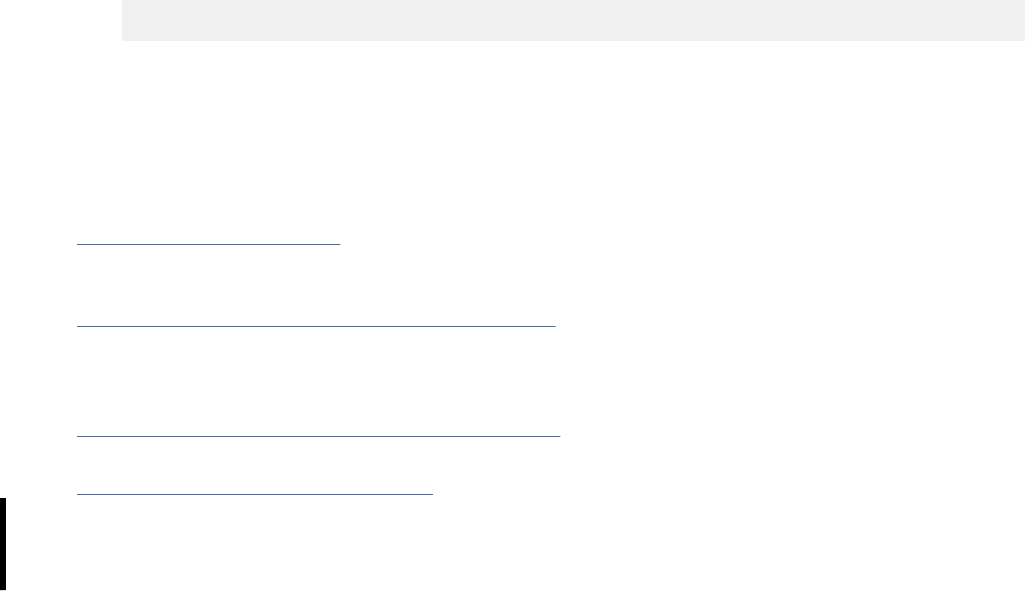
Alternatively, if using explicit connections via CALL DSNALI, you can link-edit your program with
DSNULI, the Universal Language Interface.
2. Depending on the method that you chose in step 1, perform one of the following actions:
• If you want to explicitly issue LOAD requests when your program runs:
In your program, issue z/OS LOAD service requests for entry points DSNRLI and DSNHLIR. If you use
IFI services, you must also load DSNWLIR. Save the entry point address that LOAD returns and use it
in the CALL macro.
Indicate to Db2 which entry point to use in one of the following two ways:
– Specify the precompiler option ATTACH(RRSAF).
This option causes Db2 to generate calls that specify entry point DSNHLIR.
Restriction: You cannot use this option if your application is written in Fortran.
– Code a dummy entry point named DSNHLI within your load module.
If you do not specify the precompiler option ATTACH, the Db2 precompiler generates calls to entry
point DSNHLI for each SQL request. The precompiler does not know about and is independent of
the different Db2 attachment facilities. When the calls that are generated by the Db2 precompiler
pass control to DSNHLI, your code that corresponds to the dummy entry point must preserve the
option list that is passed in register 1 and call DSNHLIR with the same option list.
• If you want to include the DSNRLI module in your load module when you link-edit your program:
Include DSNRLI in your load module during a link-edit step. For example, you can use a linkage
editor control statement that is similar to the following statement in your JCL:
INCLUDE DB2LIB(DSNRLI).
By coding this statement, you avoid inadvertently picking up the wrong language interface module.
When you include the DSNRLI module during the link-edit, do not include a dummy DSNHLI entry
point in your program or specify the precompiler option ATTACH. Module DSNRLI contains an entry
point for DSNHLI, which is identical to DSNHLIR, and an entry point for DSNWLI, which is identical to
DSNWLIR.
Related concepts
Program examples for RRSAF
The Resource Recovery Services attachment facility (RRSAF) enables programs to communicate with
Db2. You can use RRSAF as an alternative to CAF.
“Universal language interface (DSNULI)” on page 113
The universal language interface (DSNULI) subcomponent determines the runtime environment and
dynamically loads and branches to the appropriate language interface module.
Related tasks
Making the CAF language interface (DSNALI) available
Before you can invoke the call attachment facility (CAF), you must rst make DSNALI available.
Link-editing an application with DSNULI
To create a single load module that can be used in more than one attachment environment, you can
link-edit your program or stored procedure with the Universal Language Interface module (DSNULI)
instead of with one of the environment-specic language interface modules (DSNELI, DSNALI, DSNRLI,
DSNCLI, or DFSLI000).
Requirements for programs that use RRSAF
The Resource Recovery Services attachment facility (RRSAF) enables programs to communicate with
Db2. Before you invoke RRSAF in your program, ensure that your program satises any requirements for
using RRSAF.
When you write programs that use RRSAF, ensure that they meet the following requirements:
72
Db2 12 for z/OS: Application Programming and SQL Guide (Last updated: 2024-07-30)
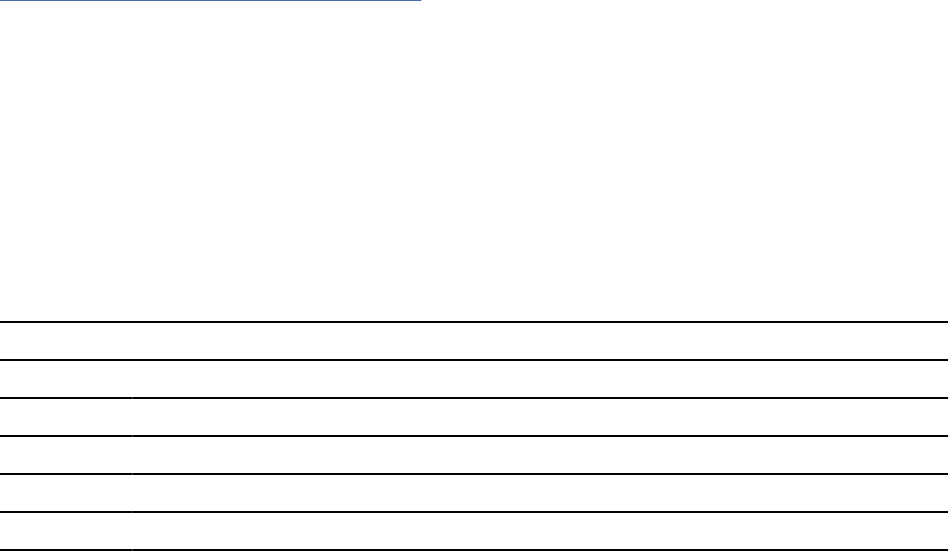
• The program accounts for the size of the RRSAF code. The RRSAF code requires about 10 KB of virtual
storage per address space and an additional 10 KB for each TCB that uses RRSAF.
• If your local environment intercepts and replaces the z/OS LOAD SVC that RRSAF uses, you must ensure
that your version of LOAD manages the load list element (LLE) and contents directory entry (CDE)
chains like the standard z/OS LOAD macro. RRSAF uses z/OS SVC LOAD to load a module as part of the
initialization after your rst service request. The module is loaded into fetch-protected storage that has
the job-step protection key.
You can prepare application programs to run in RRSAF similar to how you prepare applications to run
in other environments, such as CICS, IMS, and TSO. You can prepare an RRSAF application either in
the batch environment or by using the Db2 program preparation process. You can use the program
preparation system either through DB2I or through the DSNH CLIST.
Related tasks
Preparing an application to run on Db2 for z/OS
To prepare and run applications that contain embedded static SQL statements or dynamic SQL
statements, you must process, compile, link-edit, and bind the SQL statements.
How RRSAF modies the content of registers
If you do not specify the return code and reason code parameters in your RRSAF function calls or ifyou
invoke RRSAF implicitly, RRSAF puts a return code in register 15 and a reason code in register 0. RRSAF
preserves the contents of registers 2 through 14.
If you specify the return code and reason code parameters, RRSAF places the return code in register 15
and in the return code parameter to accommodate high-level languages that support special return code
processing.
The following table summarizes the register conventions for RRSAF calls.
Table 17. Register conventions for RRSAF calls
Register Usage
R1 Parameter list pointer
R13 Address of caller's save area
R14 Caller's return address
R15 RRSAF entry point address
Implicit connections to RRSAF
Resource Recovery Services attachment facility (RRSAF) establishes an implicit connection to Db2 under
certain situations. The connection is established if the following are true: the RRSAF language interface
load module (DSNRLI) is available, you do not explicitly specify the IDENTIFY function in a CALL DSNRLI
statement in your program, and the application includes SQL statements or IFI calls.
An implicit connection causes RRSAF to initiate implicit IDENTIFY and CREATE THREAD requests to
Db2. These requests are subject to the same Db2 return codes and reason codes as explicitly specied
requests.
Implicit connections use the following defaults:
Subsystem name
The default name that is specied in the module DSNHDECP. RRSAF uses the installation default
DSNHDECP, unless your own DSNHDECP module is in a library in a STEPLIB statement of the JOBLIB
concatenation or in the link list. In a data sharing group, the default subsystem name is the group
attachment name.
Be certain that you know what the default name is and that it names the specic Db2 subsystem that
you want to use.
Chapter 2. Connecting to Db2 from your application program
73
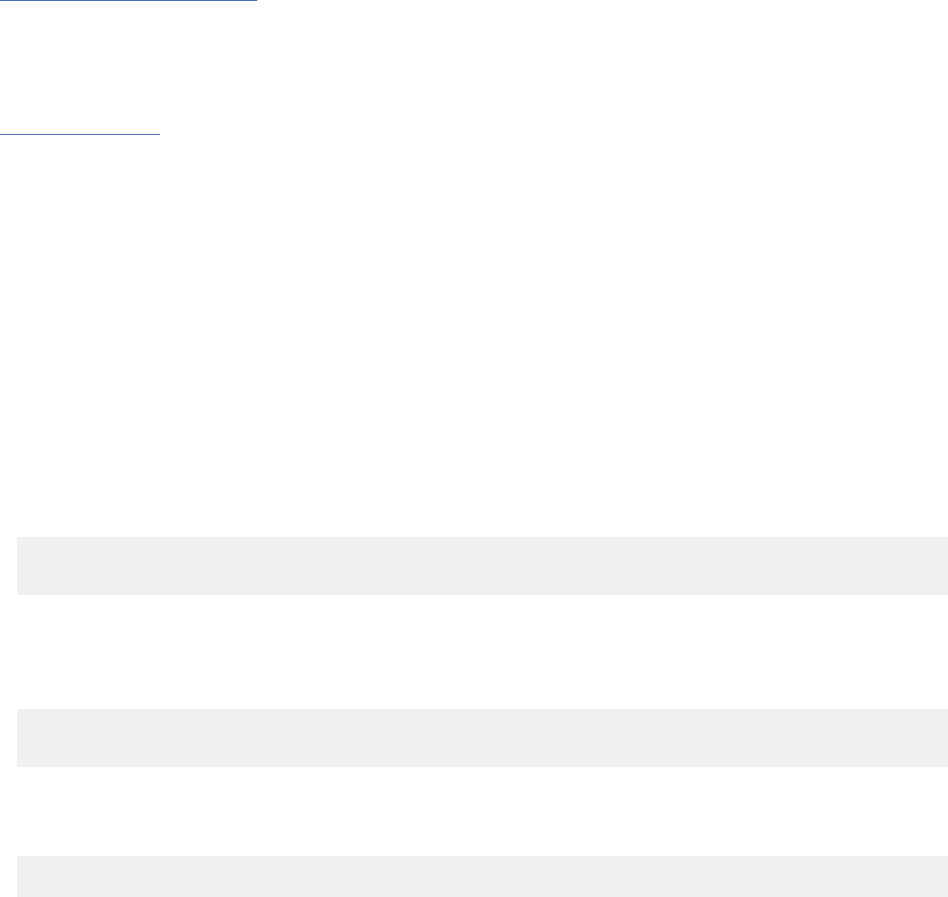
Plan name
The member name of the database request module (DBRM) that Db2 produced when you
precompiled the source program that contains the rst SQL call.
Authorization ID
The 7-byte user ID that is associated with the address space, unless an authorized function has built
an Accessor Environment Element (ACEE) for the address space. If an authorized function has built an
ACEE, Db2 passes the 8-byte user ID from the ACEE.
For an implicit connection request, your application should not explicitly specify either the IDENTIFY
function or the CREATE THREAD function. Your application can execute other explicit RRSAF calls after
the implicit connection is made. An implicit connection does not perform any SIGNON processing. Your
application can execute the SIGNON function at any point of consistency. To terminate an implicit
connection, you must use the proper function calls.
For implicit connection requests, register 15 contains the return code, and register 0 contains the reason
code. The return code and reason code are also in the message text for SQLCODE -981.
Related concepts
Summary of RRSAF behavior
The effect of any Resource Recovery Services attachment facility (RRSAF) function depends in part on
what functions the program has already run. You should plan the RRSAF function calls that your program
makes to avoid any errors and major structural problems in your application.
Related information
-981 (Db2 Codes)
CALL DSNRLI statement parameter list
The CALL DSNRLI statement explicitly invokes RRSAF. When you include CALL DSNRLI statements in your
program, you must specify all parameters that precede the return code parameter.
In CALL DSNRLI statements, you cannot omit any of parameters that come before the return code
parameter by coding zeros or blanks. No defaults exist for those parameters for explicit connection
requests. Defaults are provided for only implicit connections. All parameters starting with the return code
parameter are optional.
When you want to use the default value for a parameter but specify subsequent parameters, code the
CALL DSNRLI statement as follows:
• For C-language, when you code CALL DSNRLI statements in C, you need to specify the address of every
parameter, using the "address of" operator (&), and not the parameter itself. For example, to pass the
pklistptr parameter on the "CREATE THREAD" specify the address of the 4-byte pointer to the structure
(&pklistptr):
fnret=dsnrli(&crthrdfn[0], &plan[0], &collid[0], &reuse[0],
&retcode, &reascode, &pklistptr);
• For all languages except assembler language, code zero for that parameter in the CALL DSNRLI
statement. For example, suppose that you are coding an IDENTIFY call in a COBOL program, and you
want to specify all parameters except the return code parameter. You can write a statement similar to
the following statement:
CALL 'DSNRLI' USING IDFYFN SSNM RIBPTR EIBPTR TERMECB STARTECB
BY CONTENT ZERO BY REFERENCE REASCODE.
• For assembler language, code a comma for that parameter in the CALL DSNRLI statement. For example,
suppose that you are coding an IDENTIFY call, and you want to specify all parameters except the return
code parameter. You can write a statement similar to the following statement:
CALL DSNRLI,(IDFYFN,SSNM,RIBPTR,EIBPTR,TERMECB,STARTECB,,REASCODE)
74
Db2 12 for z/OS: Application Programming and SQL Guide (Last updated: 2024-07-30)
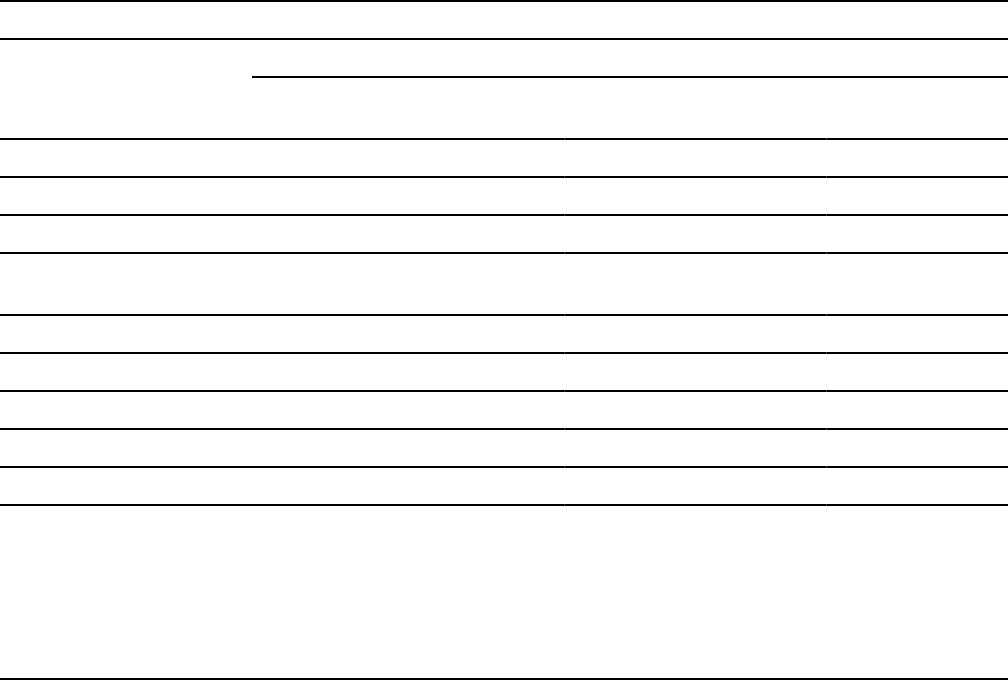
For assembler programs that invoke RRSAF, use a standard parameter list for an z/OS CALL. Register 1
must contain the address of a list of pointers to the parameters. Each pointer is a 4-byte address. The last
address must contain the value 1 in the high-order bit.
Summary of RRSAF behavior
The effect of any Resource Recovery Services attachment facility (RRSAF) function depends in part on
what functions the program has already run. You should plan the RRSAF function calls that your program
makes to avoid any errors and major structural problems in your application.
The following tables summarize RRSAF behavior after various inputs from application programs. The
contents of each table cell indicate the result of calling the function in the rst column for that row
followed by the function in the current column heading. For example, if you issue TERMINATE THREAD
and then IDENTIFY, RRSAF returns reason code X'00C12201'. Use these tables to understand the order
in which your application must issue RRSAF calls, SQL statements, and IFI requests.
The RRSAF FIND_DB2_SYSTEMS function is omitted from these tables, because it does not affect the
operation of any of the other functions
The following table summarizes RRSAF behavior when the next call is to the IDENTIFY function, the
SWITCH TO function, the SIGNON function, or the CREATE THREAD function.
Table 18. Effect of call order when next call is IDENTIFY, SWITCH TO, SIGNON, or CREATE THREAD
Previous function
Next function
IDENTIFY SWITCH TO SIGNON, AUTH SIGNON,
or CONTEXT SIGNON
CREATE THREAD
Empty: rst call IDENTIFY X'00C12205'
1
X'00C12204'
1
X'00C12204'
1
IDENTIFY X'00F30049'
1
Switch to ssnm Signon
2
X'00C12217'
1
SWITCH TO IDENTIFY Switch to ssnm Signon
2
CREATE THREAD
SIGNON, AUTH SIGNON,
or CONTEXT SIGNON
X'00F30049'
1
Switch to ssnm Signon
2
CREATE THREAD
CREATE THREAD X'00F30049'
1
Switch to ssnm Signon
2
X'00C12202'
1
TERMINATE THREAD X'00C12201'
1
Switch to ssnm Signon
2
CREATE THREAD
IFI X'00F30049'
1
Switch to ssnm Signon
2
X'00C12202'
1
SQL X'00F30049'
1
Switch to ssnm X'00F30092'
13
X'00C12202'
1
SRRCMIT or SRRBACK X'00F30049'
1
Switch to ssnm Signon
2
X'00C12202'
1
Notes:
1. Errors are identied by the Db2 reason code that RRSAF returns.
2. Signon means either the SIGNON function, the AUTH SIGNON function, or the CONTEXT SIGNON function.
3. The SIGNON, AUTH SIGNON, or CONTEXT SIGNON functions are not allowed if any SQL operations are
requested after the CREATE THREAD function or after the last SRRCMIT or SRRBACK request.
The following table summarizes RRSAF behavior when the next call is an SQL statement or an IFI call or
to the TERMINATE THREAD function, the TERMINATE IDENTIFY function, or the TRANSLATE function.
Chapter 2. Connecting to Db2 from your application program
75
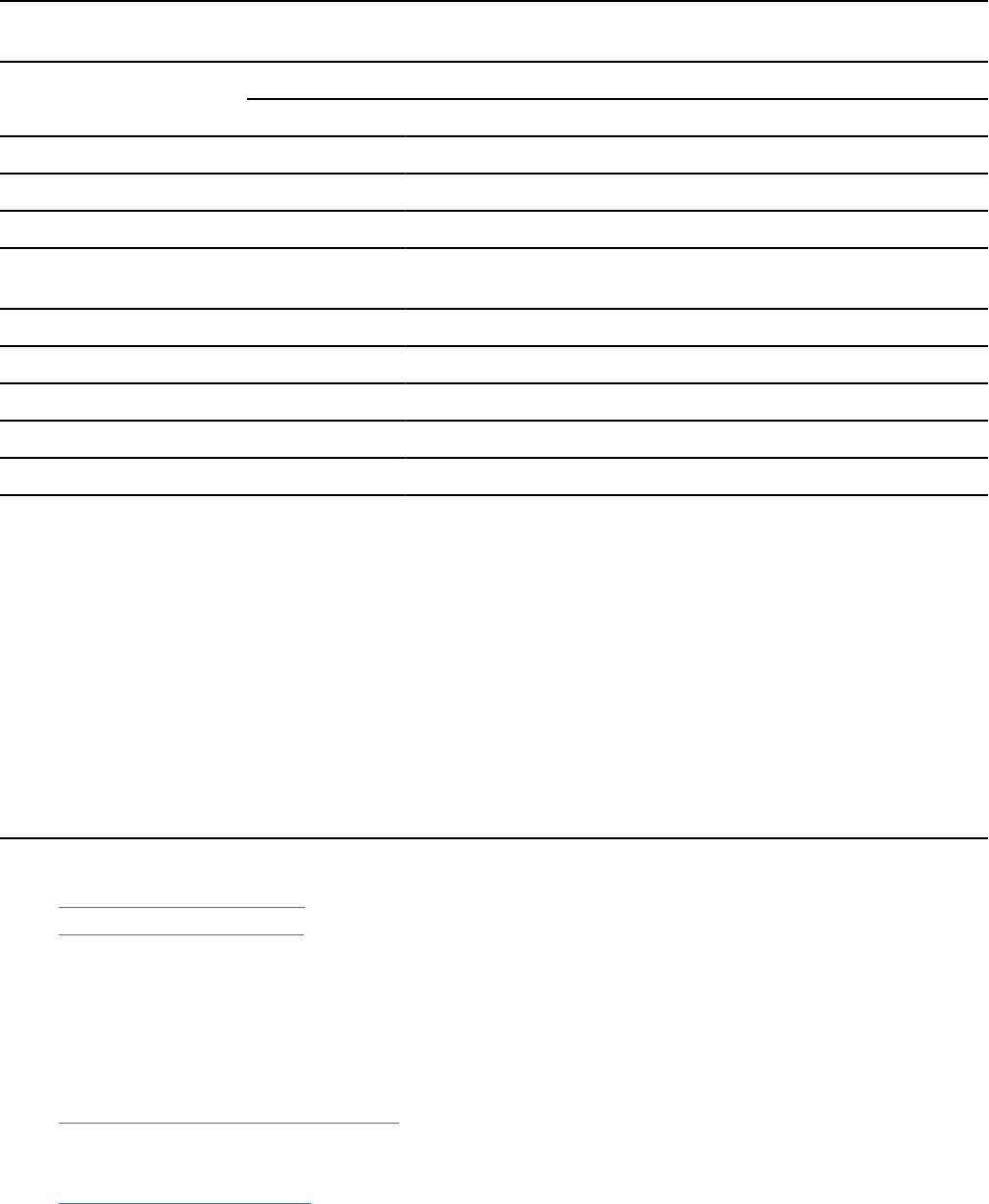
Table 19. Effect of call order when next call is SQL or IFI, TERMINATE THREAD, TERMINATE IDENTIFY, or
TRANSLATE
Previous function
Next function
SQL or IFI TERMINATE THREAD TERMINATE IDENTIFY TRANSLATE
Empty: rst call SQL or IFI call
4
X'00C12204'
1
X'00C12204'
1
X'00C12204'
1
IDENTIFY SQL or IFI call
4
X'00C12203'
1
TERMINATE IDENTIFY TRANSLATE
SWITCH TO SQL or IFI call
4
TERMINATE THREAD TERMINATE IDENTIFY TRANSLATE
SIGNON, AUTH SIGNON,
or CONTEXT SIGNON
SQL or IFI call
4
TERMINATE THREAD TERMINATE IDENTIFY TRANSLATE
CREATE THREAD SQL or IFI call
4
TERMINATE THREAD TERMINATE IDENTIFY TRANSLATE
TERMINATE THREAD SQL or IFI call
4
X'00C12203'
1
TERMINATE IDENTIFY TRANSLATE
IFI SQL or IFI call
4
TERMINATE THREAD TERMINATE IDENTIFY TRANSLATE
SQL SQL or IFI call
4
X'00F30093'
12
X'00F30093'
13
TRANSLATE
SRRCMIT or SRRBACK SQL or IFI call
4
TERMINATE THREAD TERMINATE IDENTIFY TRANSLATE
Notes:
1. Errors are identied by the Db2 reason code that RRSAF returns.
2. TERMINATE THREAD is not allowed if any SQL operations are requested after the CREATE THREAD function
or after the last SRRCMIT or SRRBACK request.
3. TERMINATE IDENTIFY is not allowed if any SQL operations are requested after the CREATE THREAD
function or after the last SRRCMIT or SRRBACK request.
4. If you are using an implicit connection to RRSAF and issue SQL or IFI calls, RRSAF issues implicit IDENTIFY
and CREATE THREAD requests. If you continue with explicit RRSAF statements, you must follow the
standard order of explicit RRSAF calls. Implicitly connecting to RRSAF does not cause an implicit SIGNON
request. Therefore, you might need to issue an explicit SIGNON request to satisfy the standard order
requirement. For example, an SQL statement followed by an explicit TERMINATE THREAD request results in
an error. You must issue an explicit SIGNON request before issuing the TERMINATE THREAD request.
Related concepts
X'C1......' codes (Db2 Codes)
X'F3......' codes (Db2 Codes)
RRSAF connection functions
An Resource Recovery Services attachment facility (RRSAF) connection function species the action that
you want RRSAF to take. You specify these functions when you invoke RRSAF through CALL DSNRLI
statements.
Related concepts
CALL DSNRLI statement parameter list
The CALL DSNRLI statement explicitly invokes RRSAF. When you include CALL DSNRLI statements in your
program, you must specify all parameters that precede the return code parameter.
Summary of RRSAF behavior
76
Db2 12 for z/OS: Application Programming and SQL Guide (Last updated: 2024-07-30)
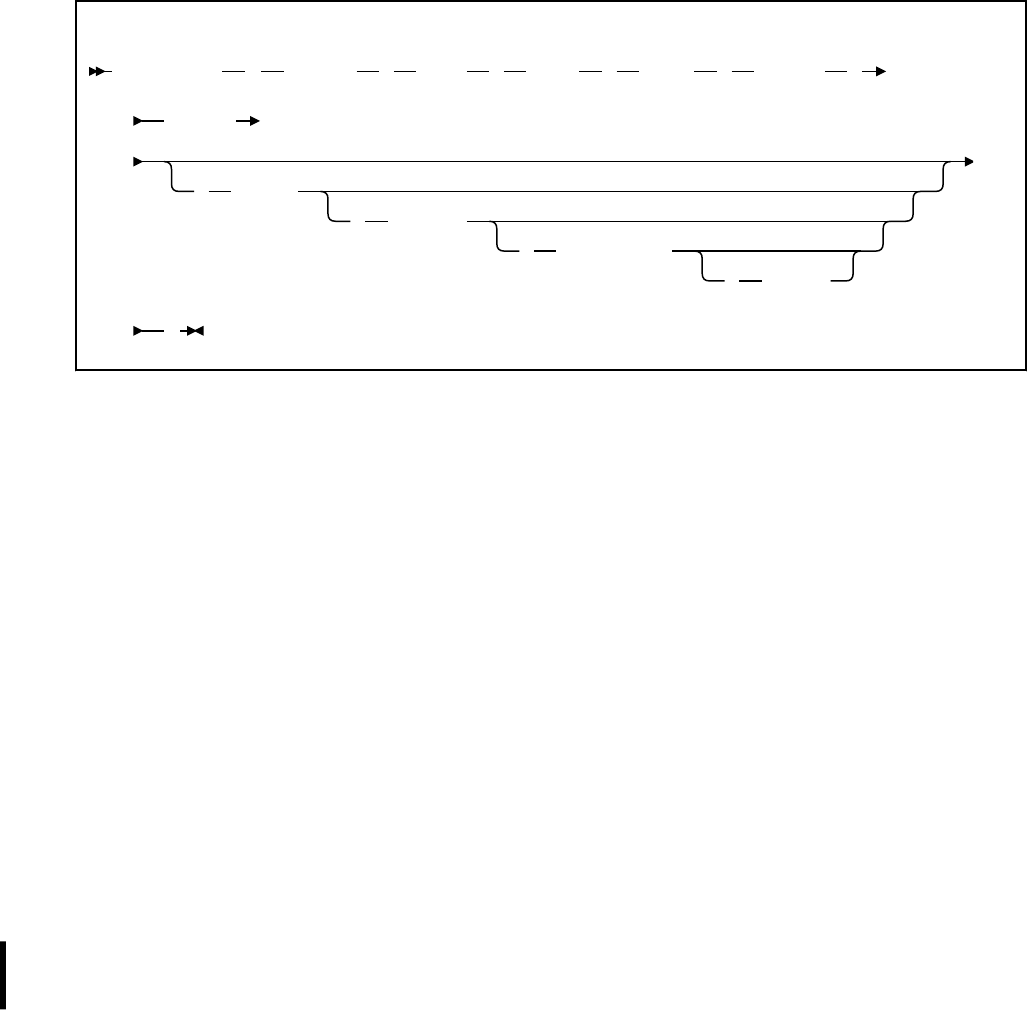
The effect of any Resource Recovery Services attachment facility (RRSAF) function depends in part on
what functions the program has already run. You should plan the RRSAF function calls that your program
makes to avoid any errors and major structural problems in your application.
IDENTIFY function for RRSAF
The RRSAF IDENTIFY function initializes a connection to Db2.
The IDENTIFY function establishes the caller's task as a user of Db2 services. If no other task in the
address space currently is connected to the specied subsystem, the IDENTIFY function also initializes
the address space to communicate with the Db2 address spaces. The IDENTIFY function establishes the
cross-memory authorization of the address space to Db2 and builds address space control blocks.
The following diagram shows the syntax for the IDENTIFY function.
DSNRLI IDENTIFY function
CALL DSNRLI ( function , ssnm , ribptr , eibptr , termecb ,
startecb
, retcode
, reascode
, groupoverride
, decpptr
)
Parameters point to the following areas:
function
An 18-byte area that contains IDENTIFY followed by 10 blanks.
ssnm
A 4-byte Db2 subsystem name, or group attachment or subgroup attachment name (if used in a data
sharing group) to which the connection is made. If ssnm is less than four characters long, pad it on the
right with blanks to a length of four characters.
ribptr
A 4-byte area in which RRSAF places the address of the release information block (RIB) after the call.
You can use the RIB to determine the release level of the Db2 subsystem to which the application
is connected. You can determine the modication level within the release level by examining the
RIBCNUMB and RIBCINFO elds. If the value in the RIBCNUMB eld is greater than zero, check the
RIBCINFO eld for modication levels.
If the RIB is not available (for example, if ssnm names a subsystem that does not exist), Db2 sets the
4-byte area to zeros.
The area to which ribptr points is below the 16-MB line.
This parameter is required. However, the application does not need to refer to the returned
information.
eibptr
A 4-byte area in which RRSAF places the address of the environment information block (EIB) after the
call. The EIB contains environment information, such as the data sharing group, the name of the Db2
member to which the IDENTIFY request was issued, and whether new functions are activated in the
subsystem. If the Db2 subsystem is not in a data sharing group, RRSAF sets the data sharing group
and member names to blanks. If the EIB is not available (for example, if ssnm names a subsystem
that does not exist), RRSAF sets the 4-byte area to zeros.
Chapter 2. Connecting to Db2 from your application program
77

The area to which eibptr points is above the 16-MB line.
This parameter is required. However, the application does not need to refer to the returned
information.
termecb
The address of the application's event control block (ECB) that is used for Db2 termination. Db2
posts this ECB when the system operator enters the STOP DB2 command or when Db2 is terminating
abnormally. Specify a value of 0 if you do not want to use a termination ECB.
The ECB is ignored when Db2 is already stopped. The application program must examine any nonzero
RRSAF or Db2 reason codes before issuing a WAIT request on this ECB.
RRSAF puts a POST code in the ECB to indicate the type of termination as shown in the following
table.
Table 20. Post codes for types of Db2 termination
POST code Termination type
8 QUIESCE
12 FORCE
16 ABTERM
startecb
The address of the application's startup ECB. If Db2 has not started when the application issues the
IDENTIFY call, Db2 posts the ECB when Db2 has started. If Db2 is already started, the startup ECB
is ignored. and is not applied to the next Db2 startup. If Db2 is not started, and the startup ECB is
queued, the termination ECB is ignored.
Enter a value of zero if you do not want to use a startup ECB. Db2 posts no more than one startup
ECB per address space. The ECB that is posted is associated with the most recent IDENTIFY call from
that address space. The application program must examine any nonzero RRSAF or Db2 reason codes
before issuing a WAIT request on this ECB.
retcode
A 4-byte area in which RRSAF places the return code.
This parameter is optional. If you do not specify retcode, RRSAF places the return code in register 15
and the reason code in register 0.
reascode
A 4-byte area in which RRSAF places a reason code.
This parameter is optional. If you do not specify reascode, RRSAF places the reason code in register 0.
If you specify reascode, you must also specify retcode or its default. You can specify a default for
retcode by specifying a comma or zero, depending on the language.
groupoverride
An 8-byte area that the application provides. This parameter is optional. If you do not want group
attach to be attempted, specify 'NOGROUP'. This string indicates that the subsystem name that is
specied by ssnm is to be used as a Db2 subsystem name, even if ssnm matches a group attachment
or subgroup attachment name. If groupoverride is not provided, ssnm is used as the group attachment
or subgroup attachment name if it matches a group attachment or subgroup attachment name.
If you specify this parameter in any language except assembler, you must also specify the retcode and
reascode parameters. In assembler language, you can omit the retcode and reascode parameters by
specifying commas as place-holders.
Recommendation: Avoid using the groupoverride parameter when possible, because it limits the
ability to do dynamic workload routing in a Parallel Sysplex. However, you should use this parameter
in a data sharing environment when you want to connect to a specic member of a data sharing
78
Db2 12 for z/OS: Application Programming and SQL Guide (Last updated: 2024-07-30)
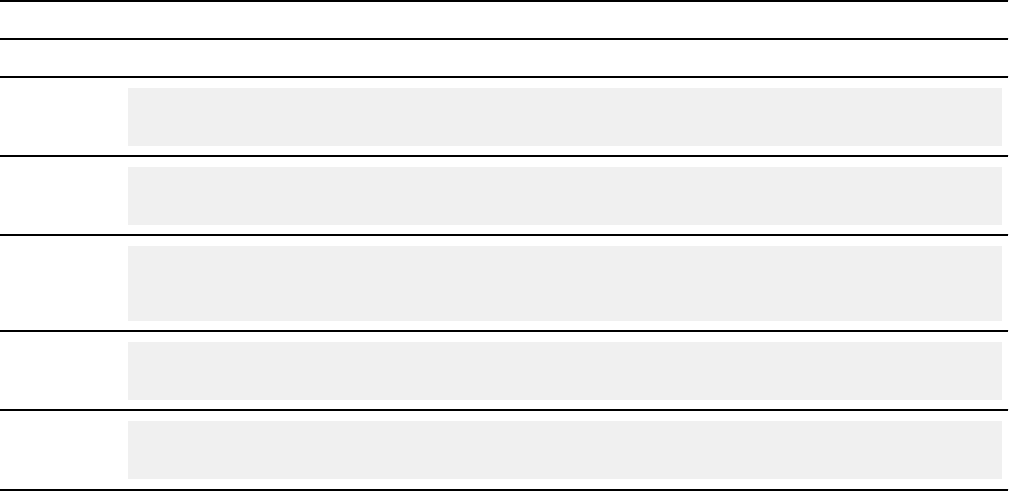
group, and the subsystem name of that member is the same as the group attachment or subgroup
attachment name.
decpptr
A 4-byte area in which RRSAF is to put the address of the DSNHDECP or a user-specied application
defaults module that was loaded by subsystem ssnm when that subsystem was started. This 4-byte
area is a 31-bit pointer. If ssnm is not found, the 4-byte area is set to 0.
The area to which decpptr points is above the 16-MB line.
If you specify this parameter in any language except assembler, you must also specify the retcode,
reascode, and groupoverride parameters. In assembler language, you can omit the retcode, reascode,
and groupoverride parameters by specifying commas as placeholders.
Example of RRSAF IDENTIFY function calls
The following table shows an IDENTIFY call in each language.
Table 21. Examples of RRSAF IDENTIFY calls
Language Call example
Assembler
CALL DSNRLI,(IDFYFN,SSNM,RIBPTR,EIBPTR,TERMECB,STARTECB,
RETCODE,REASCODE,GRPOVER,DECPPTR)
C
1
fnret=dsnrli(&idfyfn[0],&ssnm[0], &ribptr, &eibptr, &termecb, &startecb, &retcode,
&reascode,&grpover[0],&decpptr);
COBOL
CALL 'DSNRLI' USING IDFYFN SSNM RIBTPR EIBPTR TERMECB STARTECB RETCODE REASCODE
GRPOVER
DECPPTR.
Fortran
CALL DSNRLI(IDFYFN,SSNM,RIBPTR,EIBPTR,TERMECB,STARTECB,
RETCODE,REASCODE,GRPOVER,DECPPTR)
PL/I
1
CALL DSNRLI(IDFYFN,SSNM,RIBPTR,EIBPTR,TERMECB,STARTECB,
RETCODE,REASCODE,GRPOVER,DECPPTR);
Note:
1. For C, C++, and PL/I applications, you must include the appropriate compiler directives, because
DSNRLI is an assembler language program. These compiler directives are described in the instructions
for invoking RRSAF.
Internal processing for the IDENTIFY function
When you call the IDENTIFY function, Db2 performs the following steps:
1. Db2 determines whether the user address space is authorized to connect to Db2. Db2 invokes the
z/OS SAF and passes a primary authorization ID to SAF. That authorization ID is the 7-byte user ID that
is associated with the address space, unless an authorized function has built an ACEE for the address
space. If an authorized function has built an ACEE, Db2 passes the 8-byte user ID from the ACEE.
SAF calls an external security product, such as RACF, to determine if the task is authorized to use the
following items:
• The Db2 resource class (CLASS=DSNR)
• The Db2 subsystem (SUBSYS=ssnm)
• Connection type RRSAF
Chapter 2. Connecting to Db2 from your application program
79
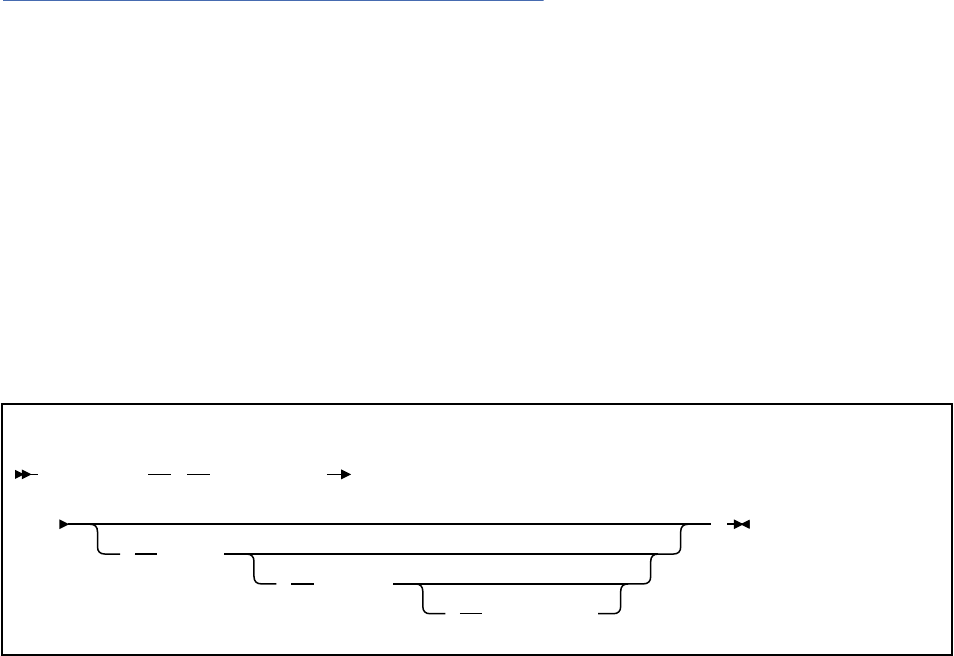
2. If that check is successful, Db2 calls the Db2 connection exit routine to perform additional verication
and possibly change the authorization ID.
3. Db2 searches for a matching trusted context in the system cache and then the catalog based on the
following criteria:
• The primary authorization ID matches a trusted context SYSTEM AUTHID.
• The job or started task name matches the JOBNAME attribute that is dened for the identied
trusted context.
If a trusted context is dened, Db2 checks if SECURITY LABEL is dened in the trusted context. If
SECURITY LABEL is dened, Db2 veries the SECURITY LABEL with RACF by using the RACROUTE
VERIFY request. This security label is used to verify multi-level security for SYSTEM AUTHID.
If a matching trusted context is dened, Db2 establishes the connection as trusted. Otherwise, the
connection is established without any additional privileges.
4. Db2 then sets the connection name to RRSAF and the connection type to RRSAF.
Related tasks
Invoking the Resource Recovery Services attachment facility
The Resource Recovery Services attachment facility (RRSAF) enables your program to communicate with
Db2. Invoke RRSAF as an alternative to invoking CAF or when using stored procedures that run in a
WLM-established address space. RRSAF has more capabilities than CAF.
SWITCH TO function for RRSAF
The RRSAF SWITCH TO function directs RRSAF, SQL, or IFI requests to a specied Db2 subsystem. Use
the SWITCH TO function to establish connections to multiple Db2 subsystems from a single task.
The SWITCH TO function is useful only after a successful IDENTIFY call. If you have established a
connection with one Db2 subsystem, you must issue a SWITCH TO call before you make an IDENTIFY call
to another Db2 subsystem. Otherwise, Db2 returns return code X'200' and reason code X'00C12201'.
The rst time that you make a SWITCH TO call to a new Db2 subsystem, Db2 returns return code 4 and
reason code X'00C12205' as a warning to indicate that the current task has not yet been identied to the
new Db2 subsystem.
The following diagram shows the syntax for the SWITCH TO function.
DSNRLI SWITCH TO function
CALL DSNRLI ( function,ssnm
, retcode
, reascode
, groupoverride
)
Parameters point to the following areas:
function
An 18-byte area that contains SWITCH TO followed by nine blanks.
ssnm
A 4-byte Db2 subsystem name, or group attachment or subgroup attachment name (if used in a data
sharing group) to which the connection is made. If ssnm is less than four characters long, pad it on the
right with blanks to a length of four characters.
retcode
A 4-byte area in which RRSAF places the return code.
80
Db2 12 for z/OS: Application Programming and SQL Guide (Last updated: 2024-07-30)
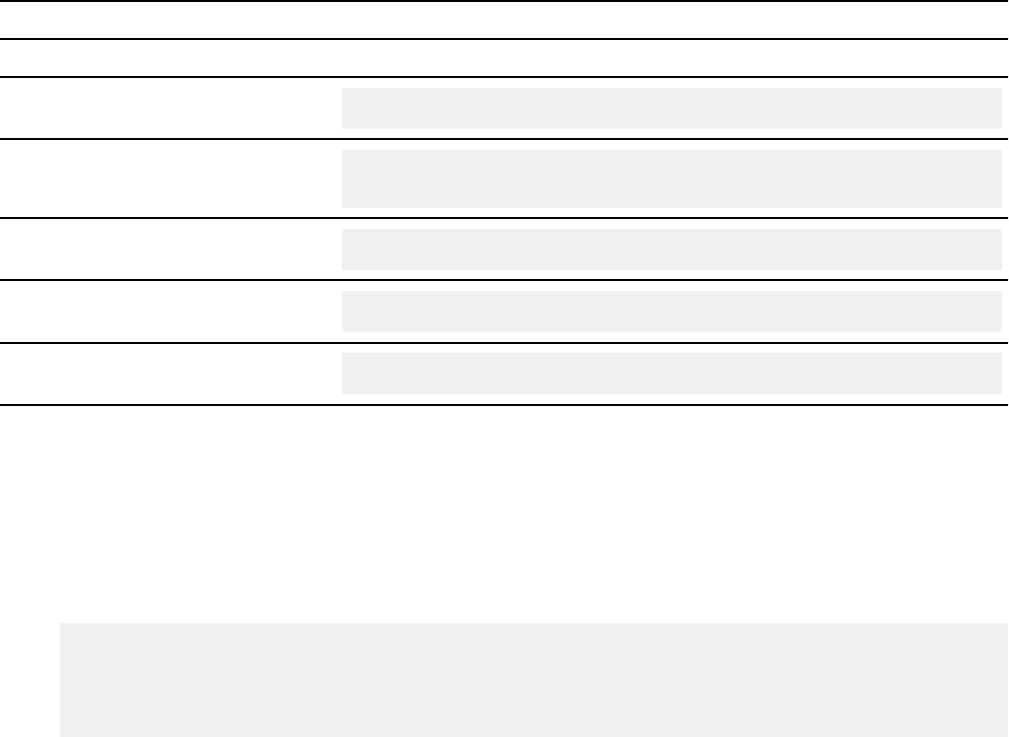
This parameter is optional. If you do not specify retcode, RRSAF places the return code in register 15
and the reason code in register 0.
reascode
A 4-byte area in which RRSAF places the reason code.
This parameter is optional. If you do not specify reascode, RRSAF places the reason code in register 0.
If you specify this parameter, you must also specify retcode.
groupoverride
An 8-byte area that the application provides. This parameter is optional. If you do not want group
attach to be attempted, specify 'NOGROUP'. This string indicates that the subsystem name that is
specied by ssnm is to be used as a Db2 subsystem name, even if ssnm matches a group attachment
or subgroup attachment name. If groupoverride is not provided, ssnm is used as the group attachment
or subgroup attachment name if it matches a group attachment or subgroup attachment name.
If you specify this parameter in any language except assembler, you must also specify the retcode and
reascode parameters. In assembler language, you can omit the retcode and reascode parameters by
specifying commas as place-holders.
Recommendation: Avoid using the groupoverride parameter when possible, because it limits the
ability to do dynamic workload routing in a Parallel Sysplex. However, you should use this parameter
in a data sharing environment when you want to connect to a specic member of a data sharing
group, and the subsystem name of that member is the same as the group attachment or subgroup
attachment name.
Examples of RRSAF SWITCH TO calls
The following table shows a SWITCH TO call in each language.
Table 22. Examples of RRSAF SWITCH TO calls
Language Call example
Assembler
CALL DSNRLI,(SWITCHFN,SSNM,RETCODE,REASCODE,GRPOVER)
C
1
fnret=dsnrli(&switchfn[0], &ssnm[0], &retcode,
&reascode,&grpover[0]);
COBOL
CALL 'DSNRLI' USING SWITCHFN RETCODE REASCODE GRPOVER.
Fortran
CALL DSNRLI(SWITCHFN,RETCODE,REASCODE,GRPOVER)
PL/I
1
CALL DSNRLI(SWITCHFN,RETCODE,REASCODE,GRPOVER);
1. For C, C++, and PL/I applications, you must include the appropriate compiler directives, because
DSNRLI is an assembler language program. These compiler directives are described in the instructions
for invoking RRSAF.
Example of using the SWITCH TO function to interact with multiple Db2 subsystems
The following example shows how you can use the SWITCH TO function to interact with three Db2
subsystems.
RRSAF calls for subsystem db21:
IDENTIFY
SIGNON
CREATE THREAD
Execute SQL on subsystem db21
SWITCH TO db22
Chapter 2. Connecting to Db2 from your application program
81

IF retcode = 4 AND reascode = '00C12205'X THEN
DO;
RRSAF calls on subsystem db22:
IDENTIFY
SIGNON
CREATE THREAD
END;
Execute SQL on subsystem db22
SWITCH TO db23
IF retcode = 4 AND reascode = '00C12205'X THEN
DO;
RRSAF calls on subsystem db23:
IDENTIFY
SIGNON
CREATE THREAD
END;
Execute SQL on subsystem 23
SWITCH TO db21
Execute SQL on subsystem 21
SWITCH TO db22
Execute SQL on subsystem 22
SWITCH TO db21
Execute SQL on subsystem 21
SRRCMIT (to commit the UR)
SWITCH TO db23
Execute SQL on subsystem 23
SWITCH TO db22
Execute SQL on subsystem 22
SWITCH TO db21
Execute SQL on subsystem 21
SRRCMIT (to commit the UR)
Related tasks
Invoking the Resource Recovery Services attachment facility
The Resource Recovery Services attachment facility (RRSAF) enables your program to communicate with
Db2. Invoke RRSAF as an alternative to invoking CAF or when using stored procedures that run in a
WLM-established address space. RRSAF has more capabilities than CAF.
SIGNON function for RRSAF
The RRSAF SIGNON function establishes a primary authorization ID and, optionally, one or more
secondary authorization IDs for a connection.
Requirement: Your program does not need to be an authorized program to issue the SIGNON call. For
that reason, before you issue the SIGNON call, you must issue the RACF external security interface macro
RACROUTE REQUEST=VERIFY to perform the following actions:
• Dene and populate an ACEE to identify the user of the program.
• Associate the ACEE with the user's TCB.
• Verify that the user is dened to RACF and authorized to use the application.
Generally, you issue a SIGNON call after an IDENTIFY call and before a CREATE THREAD call. You can also
issue a SIGNON call if the application is at a point of consistency, and one of the following conditions is
true:
• The value of reuse in the CREATE THREAD call was RESET.
• The value of reuse in the CREATE THREAD call was INITIAL, no held cursors are open, the package or
plan is bound with KEEPDYNAMIC(NO), and all special registers are at their initial state. If open held
cursors exist or the package or plan is bound with KEEPDYNAMIC(YES), you can issue a SIGNON call
only if the primary authorization ID has not changed.
After you issue a SIGNON call, subsequent SQL statements return an error (SQLCODE -900) if the both of
following conditions are true:
• The connection was established as trusted when it was initialized.
• The primary authorization ID that was used when you issued the SIGNON call is not allowed to use the
trusted connection.
82
Db2 12 for z/OS: Application Programming and SQL Guide (Last updated: 2024-07-30)
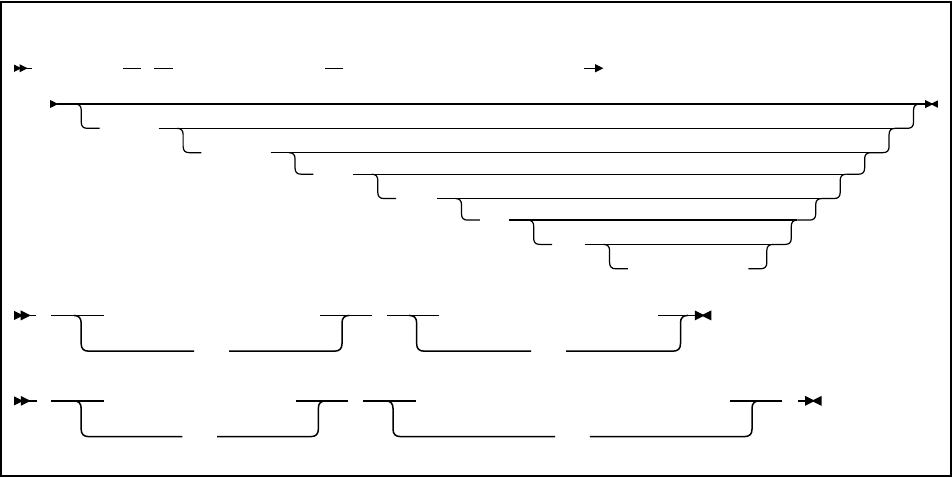
If a trusted context is dened, Db2 checks if SECURITY LABEL is dened in the trusted context. If
SECURITY LABEL is dened, Db2 veries the security label with RACF by using the RACROUTE VERIFY
request. This security label is used to verify multi-level security for SYSTEM AUTHID.
The following diagram shows the syntax for the SIGNON function.
DSNRLI SIGNON function
CALL DSNRLI ( function, correlation-id, accounting-token, accounting-interval
,
retcode
,
reascode
,
user
,
appl
,
ws
,
xid
,
accounting-string
, user-length, user-longname
0,0
, appl-length, appl-longname
0,0
, ws-length, ws-longname
0,0
, correlation-length, correlation-longname
0,0
)
Parameters point to the following areas:
function
An 18-byte area that contains SIGNON followed by twelve blanks.
correlation-id
A 12-byte area in which you can put a Db2 correlation ID. The correlation ID is displayed in Db2
accounting and statistics trace records. You can use the correlation ID to correlate work units. This
token appears in the output from the DISPLAY THREAD command. If you do not want to specify a
correlation ID, ll the 12-byte area with blanks.
accounting-token
A 22-byte area in which you can put a value for a Db2 accounting token. This value is displayed in
Db2 accounting and statistics trace records in the QWHCTOKN eld, which is mapped by DSNDQWHC
DSECT. Setting the value of the accounting token sets the value of the CURRENT CLIENT_ACCTNG
special register. If accounting-token is less than 22 characters long, you must pad it on the right with
blanks to a length of 22 characters. If you do not want to specify an accounting token, ll the 22-byte
area with blanks.
Alternatively, you change the value of the Db2 accounting token with RRSAF functions AUTH SIGNON,
CONTEXT SIGNON or SET_CLIENT_ID. You can retrieve the Db2 accounting token with the CURRENT
CLIENT_ACCTNG special register only if the DDF accounting string is not set.
accounting-interval
A 6-byte area that species when Db2 writes an accounting record.
If you specify COMMIT in that area, Db2 writes an accounting record each time that the application
issues SRRCMIT. This accounting record is written at the end of the second phase of a two-phase
commit. If the accounting interval is COMMIT, and an SRRCMIT is issued while a held cursor is open,
the accounting interval spans that commit and ends at the next valid accounting interval end point
(such as the next SRRCMIT that is issued without open held cursors, application termination, or
SIGNON with a new authorization ID).
If you specify any other value, Db2 writes an accounting record when the application terminates or
when you call the SIGNON function with a new authorization ID.
Chapter 2. Connecting to Db2 from your application program
83
retcode
A 4-byte area in which RRSAF places the return code.
This parameter is optional. If you do not specify retcode, RRSAF places the return code in register 15
and the reason code in register 0.
reascode
A 4-byte area in which RRSAF places the reason code.
This parameter is optional. If you do not specify reascode, RRSAF places the reason code in register 0.
If you specify this parameter, you must also specify retcode.
user
A 16-byte area that contains the user ID of the client user. You can use this parameter to provide
the identity of the client user for accounting and monitoring purposes. Db2 displays this user ID in
the output from the DISPLAY THREAD command and in Db2 accounting and statistics trace records.
Setting the user ID sets the value of the CURRENT CLIENT_USERID special register. If user is less than
16 characters long, you must pad it on the right with blanks to a length of 16 characters.
This parameter is optional. If you specify user, you must also specify retcode and reascode. If you do
not specify user, no user ID is associated with the connection.
appl
A 32-byte area that contains the application or transaction name of the user's application. You can
use this parameter to provide the identity of the client user for accounting and monitoring purposes.
Db2 displays the application name in the output from the DISPLAY THREAD command and in Db2
accounting and statistics trace records. Setting the application name sets the value of the CURRENT
CLIENT_APPLNAME special register. If appl is less than 32 characters long, you must pad it on the
right with blanks to a length of 32 characters.
This parameter is optional. If you specify appl, you must also specify retcode, reascode, and user. If
you do not specify appl, no application or transaction is associated with the connection.
ws
An 18-byte area that contains the workstation name of the client user. You can use this parameter
to provide the identity of the client user for accounting and monitoring purposes. Db2 displays
the workstation name in the output from the DISPLAY THREAD command and in Db2 accounting
and statistics trace records. Setting the workstation name sets the value of the CURRENT
CLIENT_WRKSTNNAME special register. If ws is less than 18 characters long, you must pad it on
the right with blanks to a length of 18 characters.
This eld is optional. If you specify ws, you must also specify retcode, reascode, user, and appl. If you
do not specify ws, no workstation name is associated with the connection.
xid
A 4-byte area that indicates whether the thread is part of a global transaction. A Db2 thread that is
part of a global transaction can share locks with other Db2 threads that are part of the same global
transaction and can access and modify the same data. A global transaction exists until one of the
threads that is part of the global transaction is committed or rolled back.
You can specify one of the following values for xid:
0
Indicates that the thread is not part of a global transaction. The value 0 must be specied as a
binary integer.
1
Indicates that the thread is part of a global transaction and that Db2 should retrieve the global
transaction ID from RRS. If a global transaction ID already exists for the task, the thread becomes
part of the associated global transaction. Otherwise, RRS generates a new global transaction ID.
The value 1 must be specied as a binary integer. Alternatively, if you want Db2 to return the
generated global transaction ID to the caller, specify an address instead of 1.
84
Db2 12 for z/OS: Application Programming and SQL Guide (Last updated: 2024-07-30)

address
The 4-byte address of an area in which you enter a global transaction ID for the thread. If the
global transaction ID already exists, the thread becomes part of the associated global transaction.
Otherwise, RRS creates a new global transaction with the ID that you specify.
Alternatively, if you want Db2 to generate and return a global transaction ID, pass the address of
a null global transaction ID by setting the format ID eld of the global transaction ID to binary -1
('FFFFFFF'X). Db2 then replaces the contents of the area with the generated transaction ID. The
area at the specied address must be in writable storage and have a length of at least 140 bytes to
accommodate the largest possible transaction ID value.
The following table shows the format of a global transaction ID.
Table 23. Format of a user-created global transaction ID
Field description Length in bytes Data type
Format ID 4 Integer
Global transaction ID length
(1–64)
4 Integer
Branch qualier length (1–64) 4 Integer
Global transaction ID 1 to 64 Character
Branch qualier 0 to 64 Character
accounting-string
A one-byte length eld and a 255-byte area in which you can put a value for a Db2 accounting string.
This value is placed in the DDF accounting trace records in the QMDASQLI eld, which is mapped by
DSNDQMDA DSECT. If accounting-string is less than 255 characters, you must pad it on the right with
zeros to a length of 255 bytes. The entire 256 bytes is mapped by DSNDQMDA DSECT.
This parameter is optional. If you specify accounting-string, you must also specify retcode, reascode,
user, appl and xid. If you do not specify accounting-string, no accounting string is associated with the
connection.
You can also change the value of the accounting string with RRSAF functions AUTH SIGNON,
CONTEXT SIGNON, or SET_CLIENT_ID.
You can retrieve the DDF sufx portion of the accounting string with the CURRENT CLIENT_ACCTNG
special register. The sufx portion of accounting-string can contain a maximum of 200 characters.
The QMDASFLN eld contains the accounting sufx length, and the QMDASUFX eld contains the
accounting sufx value. If the DDF accounting string is set, you cannot query the accounting token
with the CURRENT CLIENT_ACCTNG special register.
The following parameters are optional and positional. These parameters override values specied earlier
in the parameter list. To provide a value for a length, value pair, you must provide a value or specify a 0
length for previous parameters in the parameter list.
user-length, user-longname
A pair of parameters that consist of a 2-byte integer length and 128-byte string area. A comma
separates the parameters. You can provide the user ID of the client user for accounting and
monitoring purposes in user-longname. Db2 displays this user ID in the output from the DISPLAY
THREAD command and in Db2 accounting and statistics trace records. Setting the user ID sets
the value of the CURRENT CLIENT_USERID special register. Trailing blanks in user-longname are
truncated and the length in user-length is updated.
These parameters are optional, to specify them you must also specify a value for accounting-string. A
value of 0 in user-length skips processing of user-longname.
Important: These parameters override any value that is provided in user.
Chapter 2. Connecting to Db2 from your application program
85
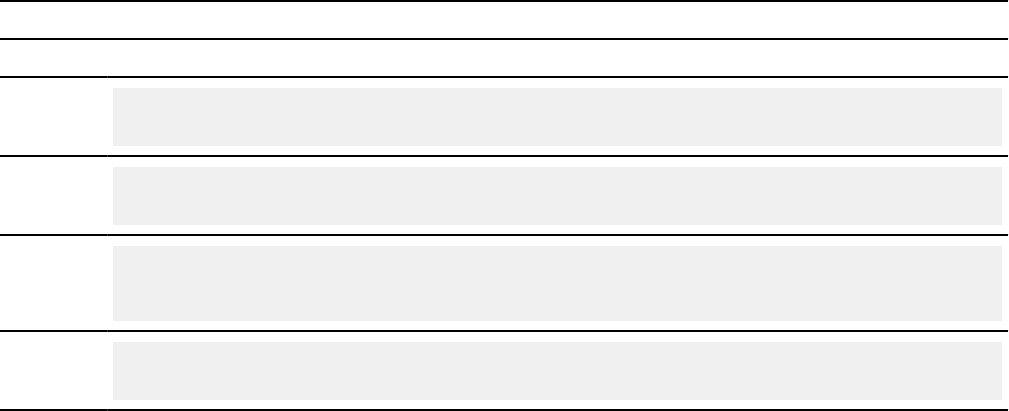
appl-length, appl-longname
A pair of parameters that consist of a 2-byte integer length and 255-byte string area. A comma
separates the parameters.You can provide the application or transaction name of the client user for
accounting and monitoring purposes in appl-longname. Db2 displays this application name in the
output from the DISPLAY THREAD command and in Db2 accounting and statistics trace records.
Setting the application name sets the value of the CURRENT CLIENT_APPLNAME special register.
Trailing blanks in appl-longname are truncated and the length in appl-length is updated.
These parameters are optional, to specify them you must also specify a value for user-length, user-
longname. A value of 0 in appl-length skips processing of appl-longname.
Important: These parameters override any value that is provided in appl.
ws-length, ws-longname
A pair of parameters that consist of a 2-byte integer length and 255-byte string area. A comma
separates the parameters. You can provide the workstation name of the client user for accounting
and monitoring purposes in ws-longname. Db2 displays this workstation name in the output from
the DISPLAY THREAD command and in Db2 accounting and statistics trace records. Setting the
workstation name sets the value of the CURRENT CLIENT_WRKSTNNAME special register. Trailing
blanks in ws-longname are truncated and the length in ws-length is updated.
These parameters are optional, to specify them you must also specify a value for appl-length, appl-
longname. A value of 0 in ws-length skips processing of ws-longname.
Important: These parameters override any value that is provided in ws.
correlation-length, correlation-longname
A pair of parameters that consist of a 2-byte integer length and 255-byte string area. A comma
separates the parameters. You can provide a unique value to correlate your business process names
with Db2 threads in correlation-longname. Db2 displays this correlation token in the output from the
DISPLAY THREAD DETAIL command. The CURRENT CLIENT_CORR_TOKEN special register contains
the client correlation token. Trailing blanks in correlation-longname are truncated and the length in
correlation-length is updated.
These parameters are optional, to specify them you must also specify a value for ws-length, ws-
longname. A value of 0 in correlation-length skips processing of correlation-longname.
You can also change the value of the client correlation token with the RRSAF AUTH SIGNON function
and the SET_CLIENT_ID function.
Example of RRSAF SIGNON calls
The following table shows a SIGNON call in each language.
Table 24. Examples of RRSAF SIGNON calls
Language Call example
assembler
CALL DSNRLI,(SGNONFN,CORRID,ACCTTKN,ACCTINT,
RETCODE,REASCODE,USERID,APPLNAME,WSNAME,XIDPTR)
C
1
fnret=dsnrli(&sgnonfn[0], &corrid[0], &accttkn[0], &acctint[0], &retcode, &reascode,
&userid[0], &applname[0], &wsname[0], &xidptr);
COBOL
CALL 'DSNRLI' USING SGNONFN CORRID ACCTTKN ACCTINT RETCODE REASCODE USERID APPLNAME
WSNAME
XIDPTR.
Fortran
CALL DSNRLI(SGNONFN,CORRID,ACCTTKN,ACCTINT,
RETCODE,REASCODE,USERID,APPLNAME,WSNAME,XIDPTR)
86Db2 12 for z/OS: Application Programming and SQL Guide (Last updated: 2024-07-30)
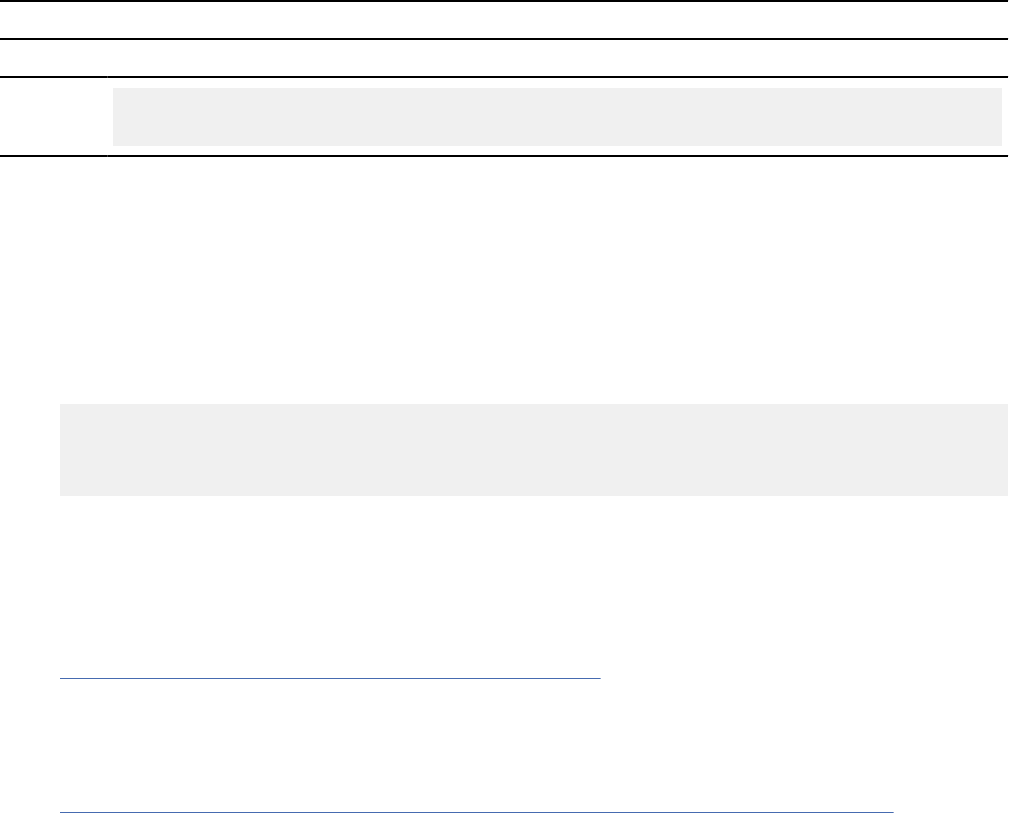
Table 24. Examples of RRSAF SIGNON calls (continued)
Language Call example
PL/I
1
CALL DSNRLI(SGNONFN,CORRID,ACCTTKN,ACCTINT,
RETCODE,REASCODE,USERID,APPLNAME,WSNAME,XIDPTR);
Note:
1. For C, C++, and PL/I applications, you must include the appropriate compiler directives, because
DSNRLI is an assembler language program. These compiler directives are described in the instructions
for invoking RRSAF.
The following example shows a SIGNON call in C
1
with all parameters passed in. Parameters that are
numbers are passed in as integers and strings as character arrays. In this example, if &useridlen is
larger than 0, then the value of CURRENT CLIENT_USERID special register is the value that is stored in
&luserid[0].
fnret=dsnrli(&sgnonfn[0],&corrid[0],&accttkn[0],&acctint[0],&retcode,&reascode,
&userid[0],&applname[0],&wsname[0],&xidptr,&lacctngid[0],
&useridlen,&luserid[0],&applidlen,&lapplid[0],&wsidlen,&lwsid[0],
&corrtkidlen,&lcorrtkid[0]);
Note:
1. For C applications, you must include the appropriate compiler directives, because DSNRLI is an
assembler language program. These compiler directives are described in the instructions for invoking
RRSAF.
Related tasks
Invoking the Resource Recovery Services attachment facility
The Resource Recovery Services attachment facility (RRSAF) enables your program to communicate with
Db2. Invoke RRSAF as an alternative to invoking CAF or when using stored procedures that run in a
WLM-established address space. RRSAF has more capabilities than CAF.
Related reference
RACROUTE REQUEST=VERIFY (standard form) (Security Server RACROUTE Macro Reference)
AUTH SIGNON function for RRSAF
The RRSAF AUTH SIGNON function enables an APF authorization program to pass an ID to Db2.
An APF-authorized program can pass to Db2 either a primary authorization ID and, optionally, one or
more secondary authorization IDs, or an ACEE that is used for authorization checking. These IDs are then
associated with the connection.
Generally, you issue an AUTH SIGNON call after an IDENTIFY call and before a CREATE THREAD call. You
can also issue an AUTH SIGNON call if the application is at a point of consistency, and one of the following
conditions is true:
• The value of reuse in the CREATE THREAD call was RESET.
• The value of reuse in the CREATE THREAD call was INITIAL, no held cursors are open, the package or
plan is bound with KEEPDYNAMIC(NO), and all special registers are at their initial state. If open held
cursors exist or the package or plan is bound with KEEPDYNAMIC(YES), a SIGNON call is permitted only
if the primary authorization ID has not changed.
The following diagram shows the syntax for the AUTH SIGNON function.
Chapter 2. Connecting to Db2 from your application program
87
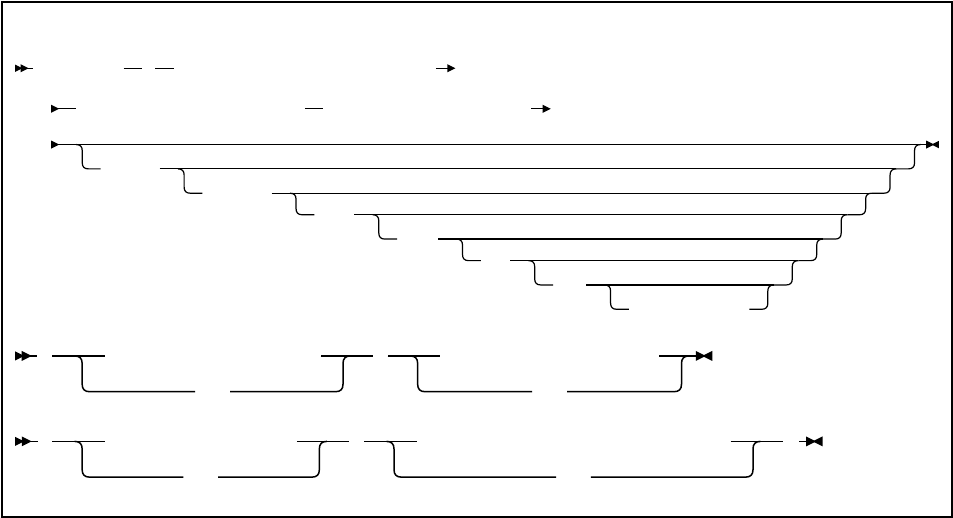
DSNRLI AUTH SIGNON function
CALL DSNRLI ( function, correlation-id, accounting-token,
accounting-interval, primary-authid, ACEE-address, secondary-authid
,
retcode
,
reascode
,
user
,
appl
,
ws
,
xid
,
accounting-string
, user-length, user-longname
0,0
, appl-length, appl-longname
0,0
, ws-length, ws-longname
0,0
, correlation-length, correlation-longname
0,0
)
Parameters point to the following areas:
function
An 18-byte area that contains AUTH SIGNON followed by seven blanks.
correlation-id
A 12-byte area in which you can put a Db2 correlation ID. The correlation ID is displayed in Db2
accounting and statistics trace records. You can use the correlation ID to correlate work units. This
token appears in output from the DISPLAY THREAD command. If you do not want to specify a
correlation ID, ll the 12-byte area with blanks.
accounting-token
A 22-byte area in which you can put a value for a Db2 accounting token. This value is displayed in
Db2 accounting and statistics trace records in the QWHCTOKN eld, which is mapped by DSNDQWHC
DSECT. Setting the value of the accounting token sets the value of the CURRENT CLIENT_ACCTNG
special register. If accounting-token is less than 22 characters long, you must pad it on the right with
blanks to a length of 22 characters. If you do not want to specify an accounting token, ll the 22-byte
area with blanks.
You can also change the value of the Db2 accounting token with RRSAF functions SIGNON,
CONTEXT SIGNON, or SET_CLIENT_ID. You can retrieve the Db2 accounting token with the CURRENT
CLIENT_ACCTNG special register only if the DDF accounting string is not set.
accounting-interval
A 6-byte area with that species when Db2 writes an accounting record.
If you specify COMMIT in that area, Db2 writes an accounting record each time that the application
issues SRRCMIT. This accounting record is written at the end of the second phase of a two-phase
commit. If the accounting interval is COMMIT, and an SRRCMIT is issued while a held cursor is open,
the accounting interval spans that commit and ends at the next valid accounting interval end point
(such as the next SRRCMIT that is issued without open held cursors, application termination, or
SIGNON with a new authorization ID).
If you specify any other value, Db2 writes an accounting record when the application terminates or
when you call the SIGNON function with a new authorization ID.
primary-authid
An 8-byte area in which you can put a primary authorization ID. If you are not passing the
authorization ID to Db2 explicitly, put X'00' or a blank in the rst byte of the area.
88
Db2 12 for z/OS: Application Programming and SQL Guide (Last updated: 2024-07-30)
ACEE-address
The 4-byte address of an ACEE that you pass to Db2. If you do not want to provide an ACEE, specify 0
in this eld.
secondary-authid
An 8-byte area in which you can put a secondary authorization ID. If you do not pass the authorization
ID to Db2 explicitly, put X'00' or a blank in the rst byte of the area. If you enter a secondary
authorization ID, you must also enter a primary authorization ID.
retcode
A 4-byte area in which RRSAF places the return code.
This parameter is optional. If you do not specify retcode, RRSAF places the return code in register 15
and the reason code in register 0.
reascode
A 4-byte area in which RRSAF places the reason code.
This parameter is optional. If you do not specify reascode, RRSAF places the reason code in register 0.
If you specify reascoder, you must also specify retcode.
user
A 16-byte area that contains the user ID of the client user. You can use this parameter to provide
the identity of the client user for accounting and monitoring purposes. Db2 displays this user ID in
the output from the DISPLAY THREAD command and in Db2 accounting and statistics trace records.
Setting the user ID sets the value of the CURRENT CLIENT_USERID special register. If user is less than
16 characters long, you must pad it on the right with blanks to a length of 16 characters.
This parameter is optional. If you specify user, you must also specify retcode and reascode. If you do
not specify this parameter, no user ID is associated with the connection.
appl
A 32-byte area that contains the application or transaction name of the user's application. You can
use this parameter to provide the identity of the client user for accounting and monitoring purposes.
Db2 displays the application name in the output from the DISPLAY THREAD command and in Db2
accounting and statistics trace records. Setting the application name sets the value of the CURRENT
CLIENT_APPLNAME special register. If appl is less than 32 characters long, you must pad it on the
right with blanks to a length of 32 characters.
This parameter is optional. If you specify appl, you must also specify retcode, reascode, and user. If
you do not specify this parameter, no application or transaction is associated with the connection.
ws
An 18-byte area that contains the workstation name of the client user. You can use this parameter
to provide the identity of the client user for accounting and monitoring purposes. Db2 displays
the workstation name in the output from the DISPLAY THREAD command and in Db2 accounting
and statistics trace records. Setting the workstation name sets the value of the CURRENT
CLIENT_WRKSTNNAME special register. If ws is less than 18 characters long, you must pad it on
the right with blanks to a length of 18 characters.
This parameter is optional. If you specify ws, you must also specify retcode, reascode, user, and appl.
If you do not specify this parameter, no workstation name is associated with the connection.
You can also change the value of the workstation name with RRSAF functions SIGNON,
CONTEXT SIGNON, or SET_CLIENT_ID. You can retrieve the workstation name with the CURRENT
CLIENT_WRKSTNNAME special register.
xid
A 4-byte area that indicates whether the thread is part of a global transaction. A Db2 thread that is
part of a global transaction can share locks with other Db2 threads that are part of the same global
transaction and can access and modify the same data. A global transaction exists until one of the
threads that is part of the global transaction is committed or rolled back.
You can specify one of the following values for xid:
Chapter 2. Connecting to Db2 from your application program
89
0
Indicates that the thread is not part of a global transaction. The value 0 must be specied as a
binary integer.
1
Indicates that the thread is part of a global transaction and that Db2 should retrieve the global
transaction ID from RRS. If a global transaction ID already exists for the task, the thread becomes
part of the associated global transaction. Otherwise, RRS generates a new global transaction ID.
The value 1 must be specied as a binary integer. Alternatively, if you want Db2 to return the
generated global transaction ID to the caller, specify an address instead of 1.
address
The 4-byte address of an area into which you enter a global transaction ID for the thread. If the
global transaction ID already exists, the thread becomes part of the associated global transaction.
Otherwise, RRS creates a new global transaction with the ID that you specify.
Alternatively, if you want Db2 to generate and return a global transaction ID, pass the address of
a null global transaction ID by setting the format ID eld of the global transaction ID to binary -1
('FFFFFFF'X). Db2 then replaces the contents of the area with the generated transaction ID. The
area at the specied address must be in writable storage and have a length of at least 140 bytes to
accommodate the largest possible transaction ID value.
The format of a global transaction ID is shown in the description of the RRSAF SIGNON function.
accounting-string
A 1-byte length eld and a 255-byte area in which you can put a value for a Db2 accounting string.
This value is placed in the DDF accounting trace records in the QMDASQLI eld, which is mapped by
DSNDQMDA DSECT. If accounting-string is less than 255 characters, you must pad it on the right with
zeros to a length of 255 bytes. The entire 256 bytes is mapped by DSNDQMDA DSECT.
This parameter is optional. If you specify this accounting-string, you must also specify retcode,
reascode, user, appl, and xid. If you do not specify this parameter, no accounting string is associated
with the connection.
You can also change the value of the accounting string with RRSAF functions AUTH SIGNON,
CONTEXT SIGNON, or SET_CLIENT_ID.
You can retrieve the DDF sufx portion of the accounting string with the CURRENT CLIENT_ACCTNG
special register. The sufx portion of accounting-string can contain a maximum of 200 characters.
The QMDASFLN eld contains the accounting sufx length, and the QMDASUFX eld contains the
accounting sufx value. If the DDF accounting string is set, you cannot query the accounting token
with the CURRENT CLIENT_ACCTNG special register.
The following parameters are optional and positional. These parameters override values specied earlier
in the parameter list. To provide a value for a length, value pair, you must provide a value or specify a 0
length for previous parameters in the parameter list.
user-length, user-longname
A pair of parameters that consist of a 2-byte integer length and 128-byte string area. A comma
separates the parameters. You can provide the user ID of the client user for accounting and
monitoring purposes in user-longname. Db2 displays this user ID in the output from the DISPLAY
THREAD command and in Db2 accounting and statistics trace records. Setting the user ID sets
the value of the CURRENT CLIENT_USERID special register. Trailing blanks in user-longname are
truncated and the length in user-length is updated.
These parameters are optional, to specify them you must also specify a value for accounting-string. A
value of 0 in user-length skips processing of user-longname.
Important: These parameters override any value that is provided in user.
appl-length, appl-longname
A pair of parameters that consist of a 2-byte integer length and 255-byte string area. A comma
separates the parameters. You can provide the application or transaction name of the client user
for accounting and monitoring purposes in appl-longname. Db2 displays this application name in
90
Db2 12 for z/OS: Application Programming and SQL Guide (Last updated: 2024-07-30)
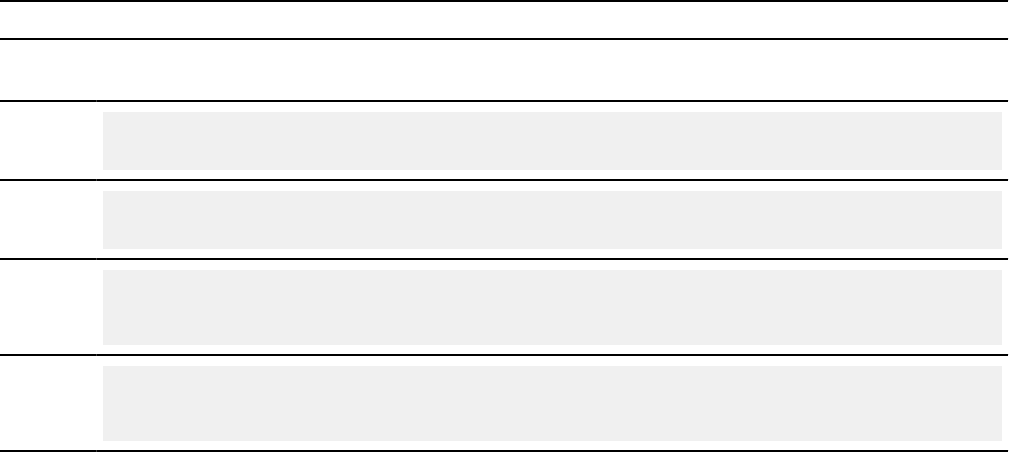
the output from the DISPLAY THREAD command and in Db2 accounting and statistics trace records.
Setting the application name sets the value of the CURRENT CLIENT_APPLNAME special register.
Trailing blanks in appl-longname are truncated and the length in appl-length is updated.
These parameters are optional, to specify them you must also specify a value for user-length, user-
longname. A value of 0 in appl-length skips processing of appl-longname.
Important: These parameters override any value that is provided in appl.
ws-length, ws-longname
A pair of parameters that consist of a 2-byte integer length and 255-byte string area. A comma
separates the parameters. You can provide the workstation name of the client user for accounting
and monitoring purposes in ws-longname. Db2 displays this workstation name in the output from
the DISPLAY THREAD command and in Db2 accounting and statistics trace records. Setting the
workstation name sets the value of the CURRENT CLIENT_WRKSTNNAME special register. Trailing
blanks in ws-longname are truncated and the length in ws-length is updated.
These parameters are optional, to specify them you must also specify a value for appl-length, appl-
longname. A value of 0 in ws-length skips processing of ws-longname.
Important: These parameters override any value that is provided in ws.
correlation-length, correlation-longname
A pair of parameters that consist of a 2-byte integer length and 255-byte string area. A comma
separates the parameters. You can provide a unique value to correlate your business process names
with Db2 threads in correlation-longname. Db2 displays this correlation token in the output from the
DISPLAY THREAD DETAIL command. The CURRENT CLIENT_CORR_TOKEN special register contains
the client correlation token. Trailing blanks in correlation-longname are truncated and the length in
correlation-length is updated.
These parameters are optional, to specify them you must also specify a value for ws-length, ws-
longname. A value of 0 in correlation-length skips processing of correlation-longname.
You can also change the value of the client correlation token with the RRSAF AUTH SIGNON function
and the SET_CLIENT_ID function.
Example of RRSAF AUTH SIGNON calls
The following table shows a AUTH SIGNON call in each language.
Table 25. Examples of RRSAF AUTH SIGNON calls
Languag
e Call example
Assembl
er
CALL DSNRLI,(ASGNONFN,CORRID,ACCTTKN,ACCTINT,PAUTHID,ACEEPTR, SAUTHID,RETCODE,REASCODE,
USERID,APPLNAME,WSNAME,XIDPTR)
C
1
fnret=dsnrli(&asgnonfn[0], &corrid[0], &accttkn[0], &acctint[0], &pauthid[0], &aceeptr,
&sauthid[0], &retcode, &reascode, &userid[0], &applname[0], &wsname[0], &xidptr);
COBOL
CALL 'DSNRLI' USING ASGNONFN CORRID ACCTTKN ACCTINT PAUTHID ACEEPTR SAUTHID RETCODE
REASCODE
USERID APPLNAME WSNAME XIDPTR.
Fortran
CALL DSNRLI(ASGNONFN,CORRID,ACCTTKN,ACCTINT,PAUTHID,ACEEPTR,
SAUTHID,RETCODE,REASCODE,USERID,
APPLNAME,WSNAME,XIDPTR)
Chapter 2. Connecting to Db2 from your application program91
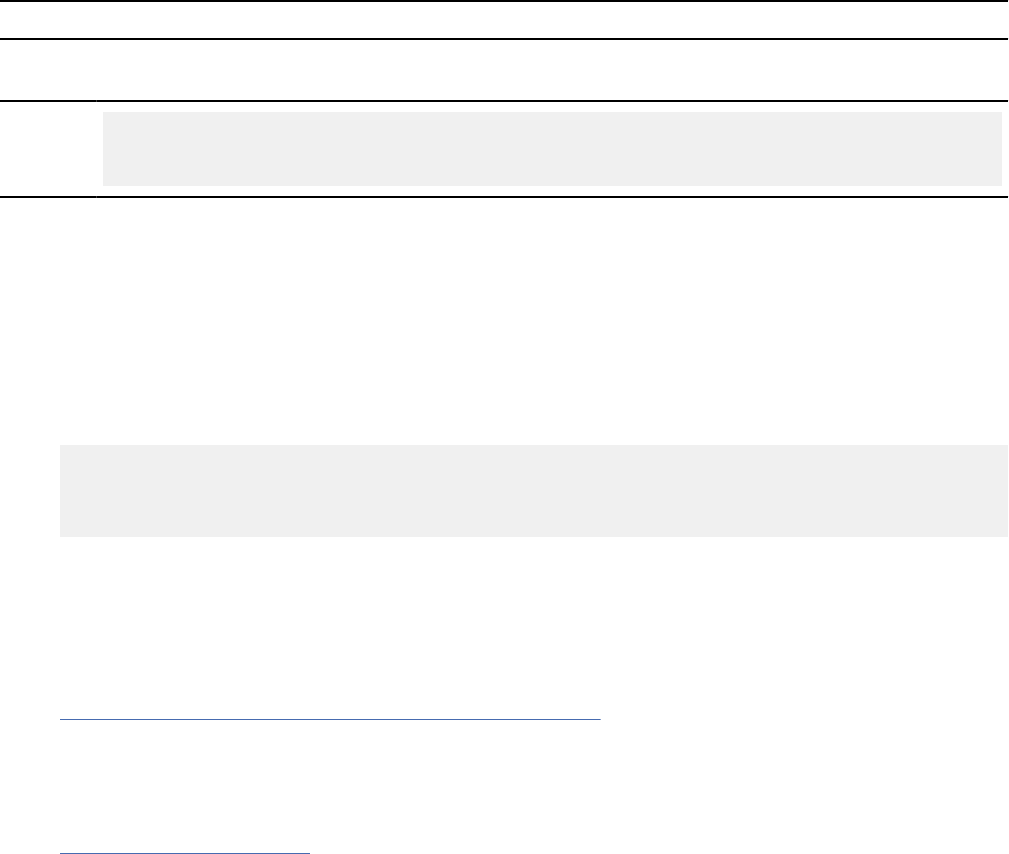
Table 25. Examples of RRSAF AUTH SIGNON calls (continued)
Languag
e Call example
PL/I
1
CALL DSNRLI(ASGNONFN,CORRID,ACCTTKN,ACCTINT,PAUTHID,ACEEPTR,
SAUTHID,RETCODE,REASCODE,USERID,
APPLNAME,WSNAME,XIDPTR);
Note:
1. For C, C++, and PL/I applications, you must include the appropriate compiler directives, because
DSNRLI is an assembler language program. These compiler directives are described in the instructions
for invoking RRSAF.
The following example shows an AUTH SIGNON call in C
1
with all parameters passed in. Parameters that
are numbers are passed in as integers and strings as character arrays. In this example, if &useridlen is
larger than 0, then the value of CURRENT CLIENT_USERID special register is the value that is stored in
&luserid[0].
fnret = dsnrli(&authsgnfn[0],&corrid[0],&acctkn[0],&accint[0],&pauthid[0],
&aceeptr,&sauthid[0],&retcode,&reascode,&userid[0],&applname[0],
&wsname[0],&xidptr,&lacctngid[0],&useridlen,&luserid[0],&applidlen,
&lapplid[0],&wsidlen,&lwsid[0],&corrtkidlen,&lcorrtkid[0]);
Note:
1. For C applications, you must include the appropriate compiler directives, because DSNRLI is an
assembler language program. These compiler directives are described in the instructions for invoking
RRSAF.
Related tasks
Invoking the Resource Recovery Services attachment facility
The Resource Recovery Services attachment facility (RRSAF) enables your program to communicate with
Db2. Invoke RRSAF as an alternative to invoking CAF or when using stored procedures that run in a
WLM-established address space. RRSAF has more capabilities than CAF.
Related reference
SIGNON function for RRSAF
The RRSAF SIGNON function establishes a primary authorization ID and, optionally, one or more
secondary authorization IDs for a connection.
CONTEXT SIGNON function for RRSAF
The RRSAF CONTEXT SIGNON function establishes a primary authorization ID and one or more secondary
authorization IDs for a connection.
Requirement: Before you invoke CONTEXT SIGNON, you must have called the RRS context services
function Set Context Data (CTXSDTA) to store a primary authorization ID and optionally, the address of an
ACEE in the context data whose context key you supply as input to CONTEXT SIGNON.
The CONTEXT SIGNON function uses the context key to retrieve the primary authorization ID from data
that is associated with the current RRS context. Db2 uses the RRS context services function Retrieve
Context Data (CTXRDTA) to retrieve context data that contains the authorization ID and ACEE address.
The context data must have the following format:
Version number
A 4-byte area that contains the version number of the context data. Set this area to 1.
Server product name
An 8-byte area that contains the name of the server product that set the context data.
ALET
A 4-byte area that can contain an ALET value. Db2 does not reference this area.
92
Db2 12 for z/OS: Application Programming and SQL Guide (Last updated: 2024-07-30)
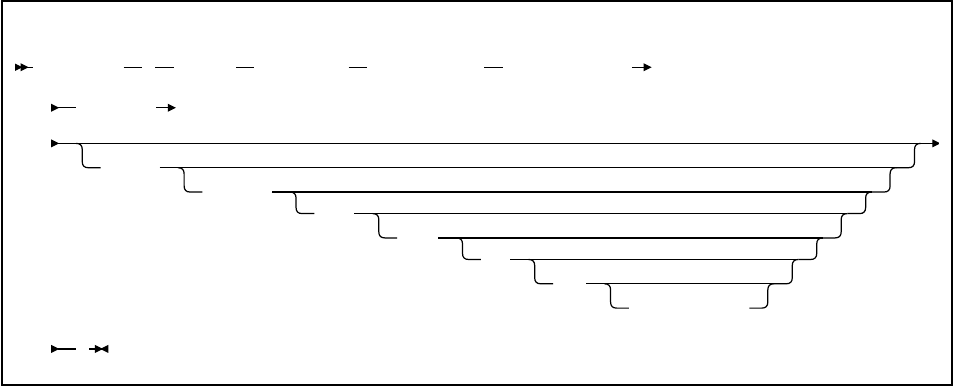
ACEE address
A 4-byte area that contains an ACEE address or 0 if an ACEE is not provided. Db2 requires that the
ACEE is in the home address space of the task.
If you pass an ACEE address, the CONTEXT SIGNON function uses the value in ACEEGRPN as the
secondary authorization ID if the length of the group name (ACEEGRPL) is not 0.
primary-authid
An 8-byte area that contains the primary authorization ID to be used. If the authorization ID is less
than 8 bytes in length, pad it on the right with blank characters to a length of 8 bytes.
If the new primary authorization ID is not different than the current primary authorization ID (which
was established when the IDENTIFY function was invoked or at a previous SIGNON invocation), Db2
invokes only the signon exit. If the value has changed, Db2 establishes a new primary authorization ID
and new SQL authorization ID and then invokes the signon exit.
Generally, you issue a CONTEXT SIGNON call after an IDENTIFY call and before a CREATE THREAD call.
You can also issue a CONTEXT SIGNON call if the application is at a point of consistency, and one of the
following conditions is true:
• The value of reuse in the CREATE THREAD call was RESET.
• The value of reuse in the CREATE THREAD call was INITIAL, no held cursors are open, the package or
plan is bound with KEEPDYNAMIC(NO), and all special registers are at their initial state. If open held
cursors exist or the package or plan is bound with KEEPDYNAMIC(YES), a SIGNON call is permitted only
if the primary authorization ID has not changed.
The following diagram shows the syntax for the CONTEXT SIGNON function.
DSNRLI CONTEXT SIGNON function
CALL DSNRLI ( function, correlation-id, accounting-token, accounting-interval,
context-key
,
retcode
,
reascode
,
user
,
appl
,
ws
,
xid
,
accounting-string
)
Parameters point to the following areas:
function
An 18-byte area that contains CONTEXT SIGNON followed by four blanks.
correlation-id
A 12-byte area in which you can put a Db2 correlation ID. The correlation ID is displayed in Db2
accounting and statistics trace records. You can use the correlation ID to correlate work units. This
token appears in output from the DISPLAY THREAD command. If you do not want to specify a
correlation ID, ll the 12-byte area with blanks.
accounting-token
A 22-byte area in which you can put a value for a Db2 accounting token. This value is displayed in
Db2 accounting and statistics trace records in the QWHCTOKN eld, which is mapped by DSNDQWHC
DSECT. Setting the value of the accounting token sets the value of the CURRENT CLIENT_ACCTNG
special register. If accounting-token is less than 22 characters long, you must pad it on the right with
blanks to a length of 22 characters. If you do not want to specify an accounting token, ll the 22-byte
area with blanks.
Chapter 2. Connecting to Db2 from your application program
93
You can also change the value of the Db2 accounting token with RRSAF functions SIGNON,
AUTH SIGNON, or SET_CLIENT_ID. You can retrieve the Db2 accounting token with the CURRENT
CLIENT_ACCTNG special register only if the DDF accounting string is not set.
accounting-interval
A 6-byte area that species when Db2 writes an accounting record.
If you specify COMMIT in that area, Db2 writes an accounting record each time that the application
issues SRRCMIT. This accounting record is written at the end of the second phase of a two-phase
commit. If the accounting interval is COMMIT, and an SRRCMIT is issued while a held cursor is open,
the accounting interval spans that commit and ends at the next valid accounting interval end point
(such as the next SRRCMIT that is issued without open held cursors, application termination, or
SIGNON with a new authorization ID).
If you specify any other value, Db2 writes an accounting record when the application terminates or
when you call the SIGNON function with a new authorization ID.
context-key
A 32-byte area in which you put the context key that you specied when you called the RRS Set
Context Data (CTXSDTA) service to save the primary authorization ID and an optional ACEE address.
retcode
A 4-byte area in which RRSAF places the return code.
This parameter is optional. If you do not specify retcode, RRSAF places the return code in register 15
and the reason code in register 0.
reascode
A 4-byte area in which RRSAF places the reason code.
This parameter is optional. If you do not specify reascode, RRSAF places the reason code in register 0.
If you specify reascode, you must also specify retcode.
user
A 16-byte area that contains the user ID of the client user. You can use this parameter to provide
the identity of the client user for accounting and monitoring purposes. Db2 displays this user ID in
the output from the DISPLAY THREAD command and in Db2 accounting and statistics trace records.
Setting the user ID sets the value of the CURRENT CLIENT_USERID special register. If user is less than
16 characters long, you must pad it on the right with blanks to a length of 16 characters.
This parameter is optional. If you specify user, you must also specify retcode and reascode. If you do
not specify user, no user ID is associated with the connection.
appl
A 32-byte area that contains the application or transaction name of the user's application. You can
use this parameter to provide the identity of the client user for accounting and monitoring purposes.
Db2 displays the application name in the output from the DISPLAY THREAD command and in Db2
accounting and statistics trace records. Setting the application name sets the value of the CURRENT
CLIENT_APPLNAME special register. If appl is less than 32 characters long, you must pad it on the
right with blanks to a length of 32 characters.
This parameter is optional. If you specify appl, you must also specify retcode, reascode, and user. If
you do not specify appl, no application or transaction is associated with the connection.
ws
An 18-byte area that contains the workstation name of the client user. You can use this parameter
to provide the identity of the client user for accounting and monitoring purposes. Db2 displays
the workstation name in the output from the DISPLAY THREAD command and in Db2 accounting
and statistics trace records. Setting the workstation name sets the value of the CURRENT
CLIENT_WRKSTNNAME special register. If ws is less than 18 characters long, you must pad it on
the right with blanks to a length of 18 characters.
This parameter is optional. If you specify ws, you must also specify retcode, reascode, user, and appl.
If you do not specify ws, no workstation name is associated with the connection.
94
Db2 12 for z/OS: Application Programming and SQL Guide (Last updated: 2024-07-30)
You can also change the value of the workstation name with the RRSAF functions SIGNON, AUTH
SIGNON, or SET_CLIENT_ID. You can retrieve the workstation name with the CLIENT_WRKSTNNAME
special register.
xid
A 4-byte area that indicates whether the thread is part of a global transaction. A Db2 thread that is
part of a global transaction can share locks with other Db2 threads that are part of the same global
transaction and can access and modify the same data. A global transaction exists until one of the
threads that is part of the global transaction is committed or rolled back.
You can specify one of the following values for xid:
0
Indicates that the thread is not part of a global transaction. The value 0 must be specied as a
binary integer.
1
Indicates that the thread is part of a global transaction and that Db2 should retrieve the global
transaction ID from RRS. If a global transaction ID already exists for the task, the thread becomes
part of the associated global transaction. Otherwise, RRS generates a new global transaction ID.
The value 1 must be specied as a binary integer. Alternatively, if you want Db2 to return the
generated global transaction ID to the caller, specify an address instead of 1.
address
The 4-byte address of an area into which you enter a global transaction ID for the thread. If the
global transaction ID already exists, the thread becomes part of the associated global transaction.
Otherwise, RRS creates a new global transaction with the ID that you specify.
Alternatively, if you want Db2 to generate and return a global transaction ID, pass the address of
a null global transaction ID by setting the format ID eld of the global transaction ID to binary -1
('FFFFFFF'X). Db2 then replaces the contents of the area with the generated transaction ID. The
area at the specied address must be in writable storage and have a length of at least 140 bytes to
accommodate the largest possible transaction ID value.
The format of a global transaction ID is shown in the description of the RRSAF SIGNON function.
accounting-string
A one-byte length eld and a 255-byte area in which you can put a value for a Db2 accounting string.
This value is placed in the DDF accounting trace records in the QMDASQLI eld, which is mapped by
DSNDQMDA DSECT. If accounting-string is less than 255 characters, you must pad it on the right with
zeros to a length of 255 bytes. The entire 256 bytes is mapped by DSNDQMDA DSECT.
This parameter is optional. If you specify this accounting-string, you must also specify retcode,
reascode, user, appl and xid. If you do not specify this parameter, no accounting string is associated
with the connection.
You can also change the value of the accounting string with RRSAF functions AUTH SIGNON,
CONTEXT SIGNON, or SET_CLIENT_ID.
You can retrieve the DDF sufx portion of the accounting string with the CURRENT CLIENT_ACCTNG
special register. The sufx portion of accounting-string can contain a maximum of 200 characters.
The QMDASFLN eld contains the accounting sufx length, and the QMDASUFX eld contains the
accounting sufx value. If the DDF accounting string is set, you cannot query the accounting token
with the CURRENT CLIENT_ACCTNG special register.
Example of RRSAF CONTEXT SIGNON calls
The following table shows a CONTEXT SIGNON call in each language.
Chapter 2. Connecting to Db2 from your application program
95
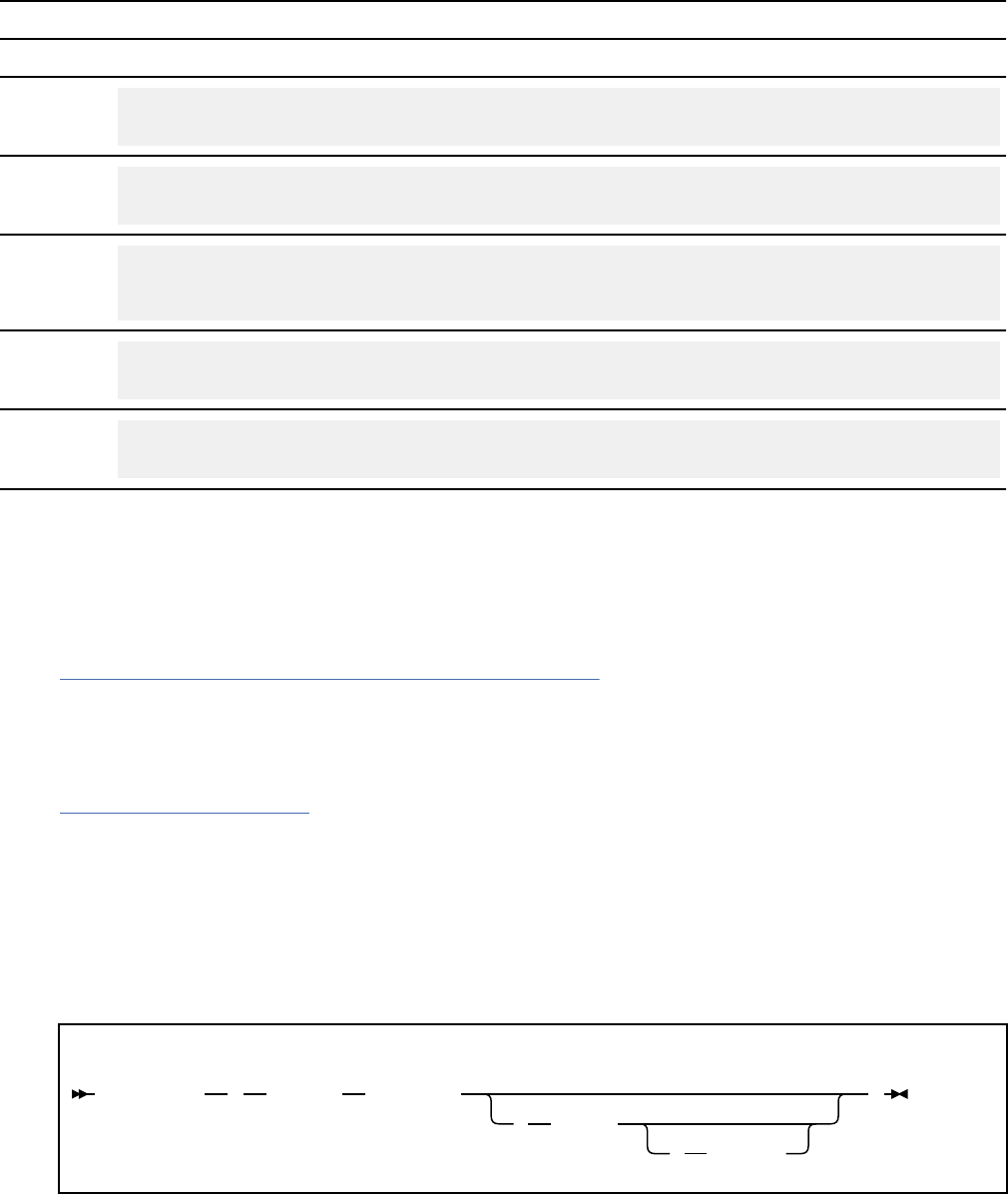
Table 26. Examples of RRSAF CONTEXT SIGNON calls
Language Call example
Assembler
CALL DSNRLI,(CSGNONFN,CORRID,ACCTTKN,ACCTINT,CTXTKEY, RETCODE,REASCODE,USERID,APPLNAME,
WSNAME,XIDPTR)
C
1
fnret=dsnrli(&csgnonfn[0], &corrid[0], &accttkn[0], &acctint[0], &ctxtkey[0], &retcode,
&reascode, &userid[0], &applname[0], &wsname[0], &xidptr);
COBOL
CALL 'DSNRLI' USING CSGNONFN CORRID ACCTTKN ACCTINT CTXTKEY RETCODE REASCODE USERID
APPLNAME
WSNAME XIDPTR.
Fortran
CALL DSNRLI(CSGNONFN,CORRID,ACCTTKN,ACCTINT,CTXTKEY, RETCODE,REASCODE, USERID,APPLNAME,
WSNAME,XIDPTR)
PL/I
1
CALL DSNRLI(CSGNONFN,CORRID,ACCTTKN,ACCTINT,CTXTKEY, RETCODE,REASCODE,USERID,APPLNAME,
WSNAME,XIDPTR);
Note:
1. For C, C++, and PL/I applications, you must include the appropriate compiler directives, because
DSNRLI is an assembler language program. These compiler directives are described in the instructions
for invoking RRSAF.
Related tasks
Invoking the Resource Recovery Services attachment facility
The Resource Recovery Services attachment facility (RRSAF) enables your program to communicate with
Db2. Invoke RRSAF as an alternative to invoking CAF or when using stored procedures that run in a
WLM-established address space. RRSAF has more capabilities than CAF.
Related reference
SIGNON function for RRSAF
The RRSAF SIGNON function establishes a primary authorization ID and, optionally, one or more
secondary authorization IDs for a connection.
SET_ID function for RRSAF
The RRSAF SET_ID function sets a new value for the client program ID that can be used to identify the
user. The function then passes this information to Db2 when the next SQL request is processed.
The following diagram shows the syntax of the SET_ID function.
DSNRLI SET_ID function
CALL DSNRLI ( function, program-id
, retcode
, reascode
)
Parameters point to the following areas:
function
An 18-byte area that contains SET_ID followed by 12 blanks.
program-id
An 80-byte area that contains the caller-provided string to be passed to Db2. If program-id is less
than 80 characters, you must pad it with blanks on the right to a length of 80 characters.
96
Db2 12 for z/OS: Application Programming and SQL Guide (Last updated: 2024-07-30)
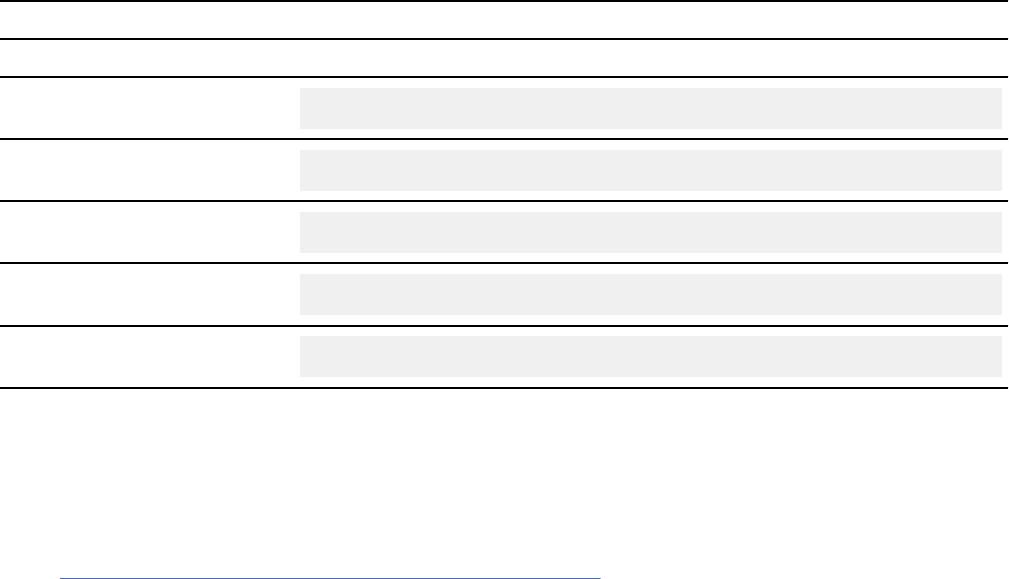
Db2 places the contents of program-id into IFCID 316 records, along with other statistics, so that you
can identify which program is associated with a particular SQL statement.
retcode
A 4-byte area in which RRSAF places the return code.
This parameter is optional. If you do not specify retcode RRSAF places the return code in register 15
and the reason code in register 0.
reascode
A 4-byte area in which RRSAF places the reason code.
This parameter is optional. If you do not specify reascode, RRSAF places the reason code in register 0.
If you specify reascode, you must also specify retcode.
Example of RRSAF SET_ID calls
The following table shows a SET_ID call in each language.
Table 27. Examples of RRSAF SET_ID calls
Language Call example
Assembler
CALL DSNRLI,(SETIDFN,PROGID,RETCODE,REASCODE)
C
1
fnret=dsnrli(&setidfn[0], &progid[0], &retcode, &reascode);
COBOL
CALL 'DSNRLI' USING SETIDFN PROGID RETCODE REASCODE.
Fortran
CALL DSNRLI(SETIDFN,PROGID,RETCODE,REASCODE)
PL/I
1
CALL DSNRLI(SETIDFN,PROGID,RETCODE,REASCODE);
Note:
1. For C, C++, and PL/I applications, you must include the appropriate compiler directives, because
DSNRLI is an assembler language program. These compiler directives are described in the instructions
for invoking RRSAF.
Related tasks
Invoking the Resource Recovery Services attachment facility
The Resource Recovery Services attachment facility (RRSAF) enables your program to communicate with
Db2. Invoke RRSAF as an alternative to invoking CAF or when using stored procedures that run in a
WLM-established address space. RRSAF has more capabilities than CAF.
SET_CLIENT_ID function for RRSAF
The RRSAF SET_CLIENT_ID function sets new values for the client user ID, the application program name,
the workstation name, the accounting token, the DDF client accounting string, the correlation token, and
the long name. The function then passes this information to Db2 when the next SQL request is processed.
These values can be used to identify the end user. The calling program denes the contents of these
parameters. Db2 places the parameter values in the output from the DISPLAY THREAD command and in
Db2 accounting and statistics trace records.
The following diagram shows the syntax of the SET_CLIENT_ID function.
Chapter 2. Connecting to Db2 from your application program
97
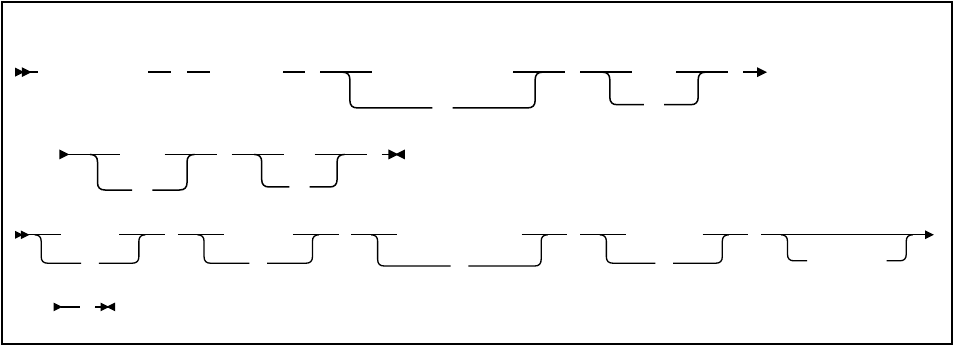
DSNRLI SET_CLIENT_ID function
CALL DSNRLI ( function , accounting-token
0
, user
0
,
appl
0
, ws
0
,
retcode
0
, reascode
0
, accounting-string
0
, corr-token
0
,
long-name
)
Parameters point to the following areas:
function
An 18-byte area that contains SET_CLIENT_ID followed by 5 blanks.
accounting-token
A 22-byte area in which you can put a value for a Db2 accounting token. This value is placed in the
Db2 accounting and statistics trace records in the QWHCTOKN eld, which is mapped by DSNDQWHC
DSECT. If accounting-token is less than 22 characters long, you must pad it on the right with blanks to
a length of 22 characters.
You can omit this parameter by specifying a value of 0 in the parameter list.
Alternatively, you can change the value of the Db2 accounting token with the RRSAF functions
SIGNON, AUTH SIGNON, or CONTEXT SIGNON. You can retrieve the Db2 accounting token with the
CURRENT CLIENT_ACCTNG special register only if the DDF accounting string is not set.
user
A 16-byte or 128-byte area that contains the user ID of the client end user. You can use this
parameter to provide the identity of the client end user for accounting and monitoring purposes.
Db2 places this user ID in the output from the DISPLAY THREAD command and in Db2 accounting and
statistics trace records. If user is less than 16 characters long, you must pad it on the right with blanks
to a length of 16 characters.
You can omit this parameter by specifying a value of 0 in the parameter list.
If the long-name parameter is specied, the maximum length of the user parameter is 128 bytes. If
user is less than 128 characters long, you must pad it on the right with blanks to a length of 128
characters.
You can also change the value of the client user ID with the RRSAF functions SIGNON, AUTH SIGNON,
or CONTEXT SIGNON. You can retrieve the client user ID with the CLIENT_USERID special register.
appl
An 32-byte or 255-byte area that contains the application or transaction name of the end user's
application. You can use this parameter to provide the identity of the client end user for accounting
and monitoring purposes. Db2 places the application name in the output from the DISPLAY THREAD
command and in Db2 accounting and statistics trace records. If appl is less than 32 characters, you
must pad it on the right with blanks to a length of 32 characters.
You can omit this parameter by specifying a value of 0 in the parameter list.
If the long-name parameter is specied, the maximum length of the appl parameter is 255 bytes. If
appl is less than 255 characters long, you must pad it on the right with blanks to a length of 255
characters.
You can also change the value of the application name with the RRSAF functions SIGNON, AUTH
SIGNON, or CONTEXT SIGNON. You can retrieve the application name with the CLIENT_APPLNAME
special register.
98
Db2 12 for z/OS: Application Programming and SQL Guide (Last updated: 2024-07-30)
ws
An 18-byte or 255-byte area that contains the workstation name of the client end user. You can use
this parameter to provide the identity of the client end user for accounting and monitoring purposes.
Db2 places this workstation name in the output from the DISPLAY THREAD command and in Db2
accounting and statistics trace records. If ws is less than 18 characters, you must pad it on the right
with blanks to a length of 18 characters.
You can omit this parameter by specifying a value of 0 in the parameter list.
If the long-name parameter is specied, the maximum length of the ws parameter is 255 bytes. If
ws is less than 255 characters long, you must pad it on the right with blanks to a length of 255
characters.
You can also change the value of the workstation name with the RRSAF functions SIGNON,
AUTH SIGNON, or CONTEXT SIGNON. You can retrieve the workstation name with the
CLIENT_WRKSTNNAME special register.
retcode
A 4-byte area in which RRSAF places the return code.
You can omit this parameter by specifying a value of 0 in the parameter list.
This parameter is optional. If you do not specify retcode, RRSAF places the return code in register 15
and the reason code in register 0.
reascode
A 4-byte area in which RRSAF places the reason code.
You can omit this parameter by specifying a value of 0 in the parameter list.
This parameter is optional. If you do not specify reascode, RRSAF places the reason code in register 0.
If you specify reascode, you must also specify retcode.
accounting-string
A one-byte length eld and a 255-byte area in which you can put a value for a Db2 accounting string.
This value is placed in the DDF accounting trace records in the QMDASUFX eld, which is mapped by
DSNDQMDA DSECT. If accounting-string is less than 255 characters, you must pad it on the right with
zeros to a length of 255 bytes. The entire 256 bytes is mapped by DSNDQMDA DSECT.
You can omit this parameter by specifying a value of 0 in the parameter list.
This parameter is optional. If you specify this accounting-string, you must also specify retcode,
reascode, user, and appl. If you do not specify this parameter, no accounting string is associated
with the connection.
You can also change the value of the accounting string with RRSAF functions AUTH SIGNON,
CONTEXT SIGNON, or SET_CLIENT_ID.
You can retrieve the DDF sufx portion of the accounting string with the CURRENT CLIENT_ACCTNG
special register. The sufx portion of accounting-string can contain a maximum of 200 characters.
The QMDASFLN eld contains the accounting sufx length, and the QMDASUFX eld contains the
accounting sufx value. If the DDF accounting string is set, you cannot query the accounting token
with the CURRENT CLIENT_ACCTNG special register.
corr-token
An 255-byte area where you specify a client correlation token. You can specify a unique value to
correlate your business process within Db2 and your entire business enterprise. The value of corr-
token is displayed by the DISPLAY THREAD DETAIL command. The CURRENT CLIENT_CORR_TOKEN
special register contains the client correlation token. If corr-token is less than 255 characters, you
must pad it on the right with blanks to a length of 255 bytes.
You can omit this parameter by specifying a value of 0 in the parameter list. If you specify corr-token
you must also specify long-name.
You can also change the value of the client correlation token with the RRSAF SIGNON function.
Chapter 2. Connecting to Db2 from your application program
99
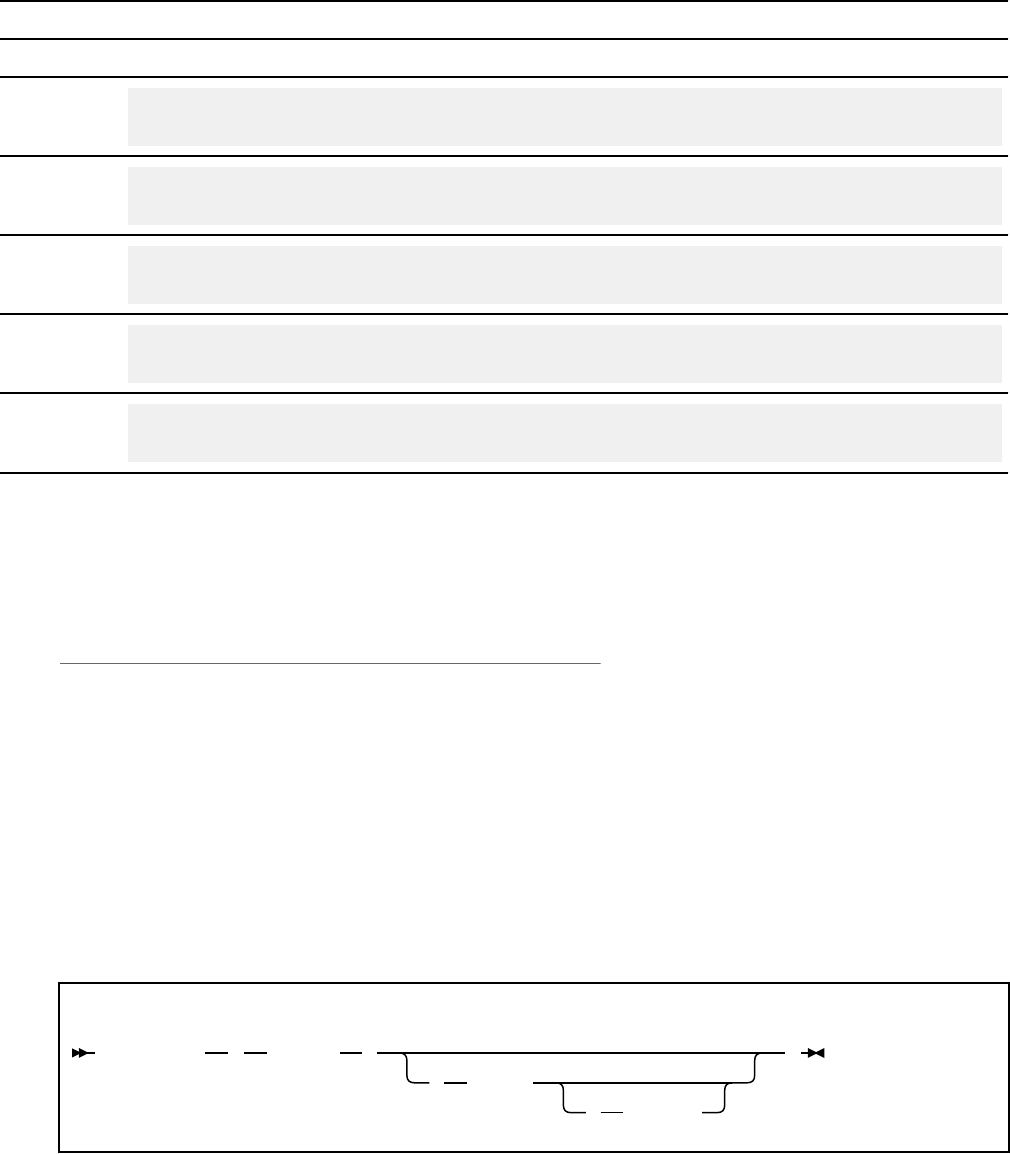
long-name
An 8-byte area that contains the value LONGNAME.
This optional parameter is used to indicate to the RRSAF function that the input parameters user,
appl, ws, accounting-string, and corr-token can accept longer lengths. You cannot selectively associate
the long-name parameter with any individual parameter.
Example of RRSAF SET_CLIENT_ID calls
The following table shows a SET_CLIENT_ID call in each language.
Table 28. Examples of RRSAF SET_CLIENT_ID calls
Language Call example
Assembler
CALL DSNRLI,(SECLIDFN,ACCT,USER,APPL,WS,RETCODE,REASCODE,
ACCOUNTINGSTRING,CORRTOKEN,LONGNAME)
C
1
fnret=dsnrli(&seclidfn[0], &acct[0], &user[0], &appl[0], &ws[0], &retcode,
&reascode, &accountingstring[0], &corrtoken[0], &longname[0]);
COBOL
CALL 'DSNRLI' USING SECLIDFN ACCT USER APPL WS RETCODE REASCODE
ACCOUNTING-STRING CORR-TOKEN LONG-NAME.
Fortran
CALL DSNRLI(SECLIDFN,ACCT,USER,APPL,WS,RETCODE,REASCODE,
ACCOUNTINGSTRING,CORRTOKEN,LONGNAME)
PL/I
1
CALL DSNRLI(SECLIDFN,ACCT,USER,APPL,WS,RETCODE,REASCODE,
ACCOUNTINGSTRING,CORRTOKEN,LONGNAME);
Note:
1. For C, C++, and PL/I applications, you must include the appropriate compiler directives, because
DSNRLI is an assembler language program. These compiler directives are described in the instructions
for invoking RRSAF.
Related tasks
Invoking the Resource Recovery Services attachment facility
The Resource Recovery Services attachment facility (RRSAF) enables your program to communicate with
Db2. Invoke RRSAF as an alternative to invoking CAF or when using stored procedures that run in a
WLM-established address space. RRSAF has more capabilities than CAF.
SET_REPLICATION function for RRSAF
The RRSAF SET_REPLICATION function enables an APF authorized program to identify to Db2 as a
replication program.
Calling the SET_REPLICATION function is optional. If you do not call it, Db2 treats the application
normally. The SET_REPLICATION function allows the application to perform insert, update, and delete
operations then the tablespace or database is started access RREPL.
The following diagram shows the syntax for the SET REPLICATION function.
DSNRLI SET_REPLICATION function
CALL DSNRLI ( function ,
, retcode
, reascode
)
100
Db2 12 for z/OS: Application Programming and SQL Guide (Last updated: 2024-07-30)
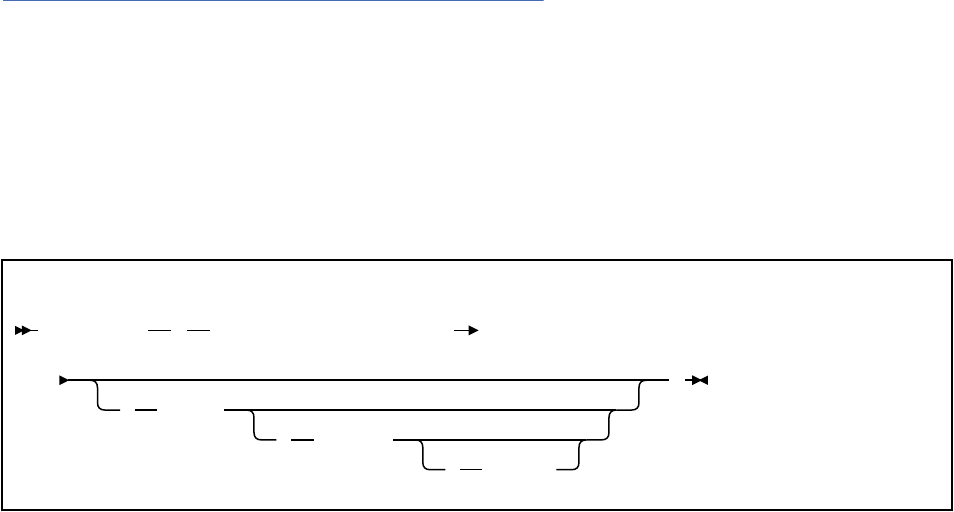
Parameters point to the following areas:
function
An 18-byte area that contains SET_REPLICATION.
retcode
A 4-byte area in which RRSAF places the return code.
This parameter is optional. If you do not specify retcode, RRSAF places the return code in register 15
and the reason code in register 0.
reascode
A 4-byte area in which RRSAF places a reason code.
This parameter is optional. If you do not specify reascode, RRSAF places the reason code in register 0.
If you specify reascode, you must also specify retcode.
Related tasks
Invoking the Resource Recovery Services attachment facility
The Resource Recovery Services attachment facility (RRSAF) enables your program to communicate with
Db2. Invoke RRSAF as an alternative to invoking CAF or when using stored procedures that run in a
WLM-established address space. RRSAF has more capabilities than CAF.
CREATE THREAD function for RRSAF
The RRSAF CREATE THREAD function allocates the Db2 resources that are required for an application
to issue SQL or IFI requests. This function must complete before the application can execute SQL
statements or IFI requests.
The following diagram shows the syntax of the CREATE THREAD function.
DSNRLI CREATE THREAD function
CALL DSNRLI ( function, plan, collection, reuse
, retcode
, reascode
, pklistptr
)
Parameters point to the following areas:
function
An 18-byte area that contains CREATE THREAD followed by ve blanks.
plan
An 8-byte Db2 plan name. RRSAF allocates the named plan.
If you provide a collection name instead of a plan name, specify the question mark character (?) in the
rst byte of this eld. Db2 then allocates a special plan named ?RRSAF and uses the value that you
specify for collection . When Db2 allocates a plan named ?RRSAF, Db2 checks authorization to execute
the package in the same way as it checks authorization to execute a package from a requester other
than Db2 for z/OS.
If you do not provide a collection name in the collection eld, you must enter a valid plan name in this
eld.
collection
An 18-byte area in which you enter a collection name. Db2 uses the collection names to locate a
package that is associated with the rst SQL statement in the program.
When you provide a collection name and put the question mark character (?) in the plan eld, Db2
allocates a plan named ?RRSAF and a package list that contains the following two entries:
Chapter 2. Connecting to Db2 from your application program
101
• The specied collection name.
• An entry that contains * for the location, collection name, and package name. (This entry lets
the application access remote locations and access packages in collections other than the default
collection that is specied at create thread time.)
The application can use the SET CURRENT PACKAGESET statement to change the collection ID that
Db2 uses to locate a package.
If you provide a plan name in the plan eld, Db2 ignores the value in the collection eld.
reuse
An 8-byte area that controls the action that Db2 takes if a SIGNON call is issued after a CREATE
THREAD call. Specify one of the following values in this eld:
RESET
Releases any held cursors and reinitializes the special registers
INITIAL
Does not allow the SIGNON call
This parameter is required. If the 8-byte area does not contain either RESET or INITIAL, the default
value is INITIAL.
retcode
A 4-byte area in which RRSAF places the return code.
This parameter is optional. If you do not specify retcode, RRSAF places the return code in register 15
and the reason code in register 0.
reascode
A 4-byte area in which RRSAF places the reason code.
This parameter is optional. If you do not specify reascode, RRSAF places the reason code in register 0.
If you specify reascode, you must also specify retcode.
pklistptr
A 4-byte eld that contains a pointer to a user-supplied data area that contains a list of collection
IDs. A collection ID is an SQL identier of 1 to 128 letters, digits, or the underscore character that
identies a collection of packages. The length of the data area is a maximum of 2050 bytes. The data
area contains a 2-byte length eld, followed by up to 2048 bytes of collection ID entries, separated by
commas.
When you specify pklistptr and the question mark character (?) in the plan eld, Db2 allocates a
special plan named ?RRSAF and a package list that contains the following entries:
• The collection names that you specify in the data area to which pklistptr points
• An entry that contains * for the location, collection ID, and package name
If you also specify collection, Db2 ignores that value.
Each collection entry must be of the form collection-ID.*, *.collection-ID.*, or *.*.*. collection-ID and
must follow the naming conventions for a collection ID, as described in the description of the BIND
and REBIND options.
Db2 uses the collection names to locate a package that is associated with the rst SQL statement
in the program. The entry that contains *.*.* lets the application access remote locations and access
packages in collections other than the default collection that is specied at create thread time.
The application can use the SET CURRENT PACKAGESET statement to change the collection ID that
Db2 uses to locate a package.
This parameter is optional. If you specify this parameter, you must also specify retcode and reascode.
If you provide a plan name in the plan eld, Db2 ignores the pklistptr value.
Recommendation: Using a package list can have a negative impact on performance. For better
performance, specify a short package list.
102
Db2 12 for z/OS: Application Programming and SQL Guide (Last updated: 2024-07-30)
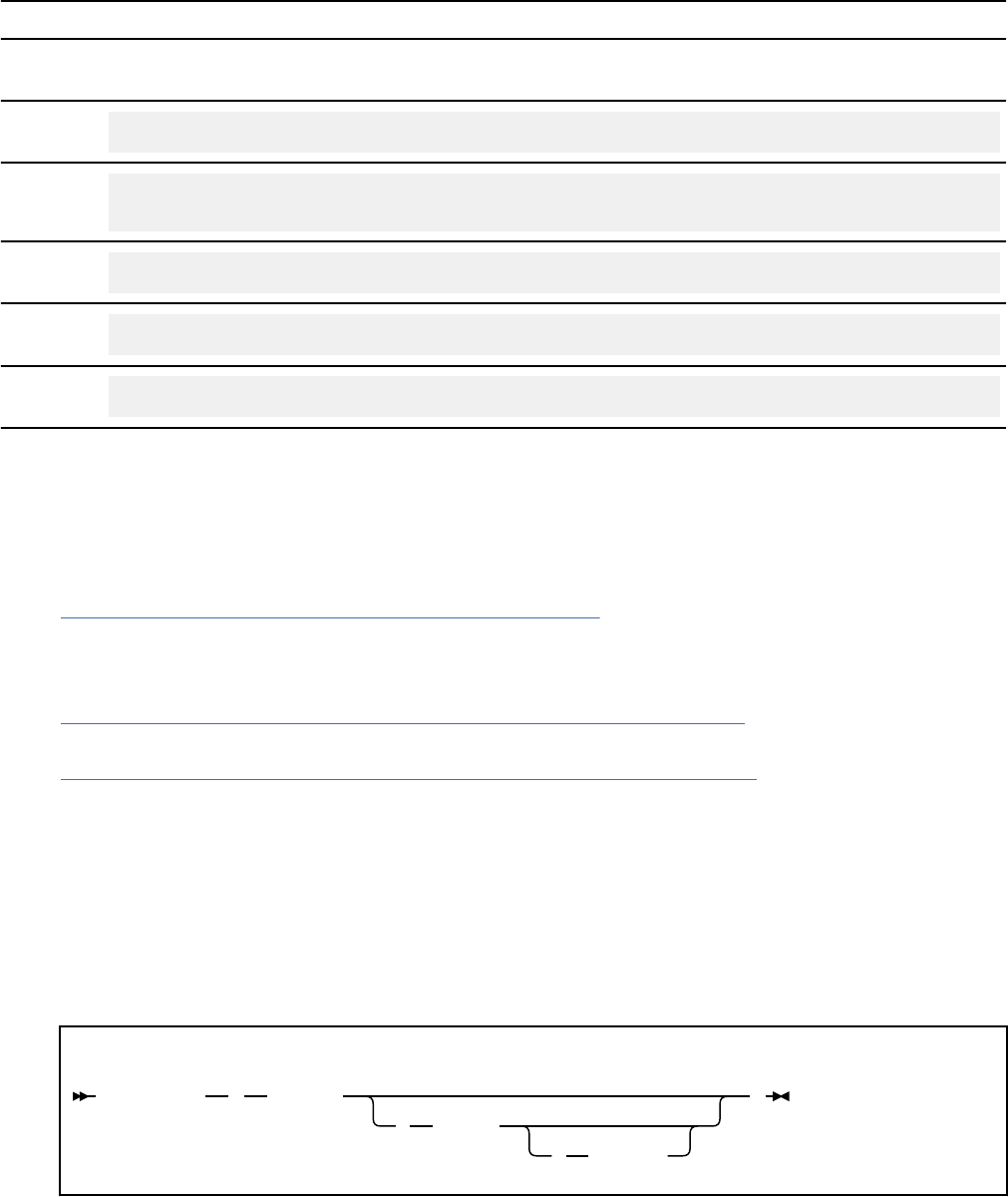
Example of RRSAF CREATE THREAD calls
The following table shows a CREATE THREAD call in each language.
Table 29. Examples of RRSAF CREATE THREAD calls
Languag
e Call example
Assemble
r
CALL DSNRLI,(CRTHRDFN,PLAN,COLLID,REUSE,RETCODE,REASCODE,PKLISTPTR)
C
1
fnret=dsnrli(&crthrdfn[0], &plan[0], &collid[0], &reuse[0], &retcode, &reascode,
&pklistptr);
COBOL
CALL 'DSNRLI' USING CRTHRDFN PLAN COLLID REUSE RETCODE REASCODE PKLSTPTR.
Fortran
CALL DSNRLI(CRTHRDFN,PLAN,COLLID,REUSE,RETCODE,REASCODE,PKLSTPTR)
PL/I
1
CALL DSNRLI(CRTHRDFN,PLAN,COLLID,REUSE,RETCODE,REASCODE,PKLSTPTR);
Note:
1. For C, C++, and PL/I applications, you must include the appropriate compiler directives, because
DSNRLI is an assembler language program. These compiler directives are described in the instructions
for invoking RRSAF.
Related tasks
Invoking the Resource Recovery Services attachment facility
The Resource Recovery Services attachment facility (RRSAF) enables your program to communicate with
Db2. Invoke RRSAF as an alternative to invoking CAF or when using stored procedures that run in a
WLM-established address space. RRSAF has more capabilities than CAF.
Authorizing plan or package access through applications (Managing Security)
Related reference
BIND and REBIND options for packages, plans, and services (Db2 Commands)
TERMINATE THREAD function for RRSAF
The RRSAF TERMINATE THREAD function deallocates Db2 resources that are associated with a plan
and were previously allocated for an application by the CREATE THREAD function. You can then use the
CREATE THREAD function to allocate another plan with the same connection.
If you call the TERMINATE THREAD function and the application is not at a point of consistency, RRSAF
returns reason code X'00C12211'.
The following diagram shows the syntax of the TERMINATE THREAD function.
DSNRLI TERMINATE THREAD function
CALL DSNRLI ( function,
, retcode
, reascode
)
Parameters point to the following areas:
function
An 18-byte area the contains TERMINATE THREAD followed by two blanks.
Chapter 2. Connecting to Db2 from your application program
103
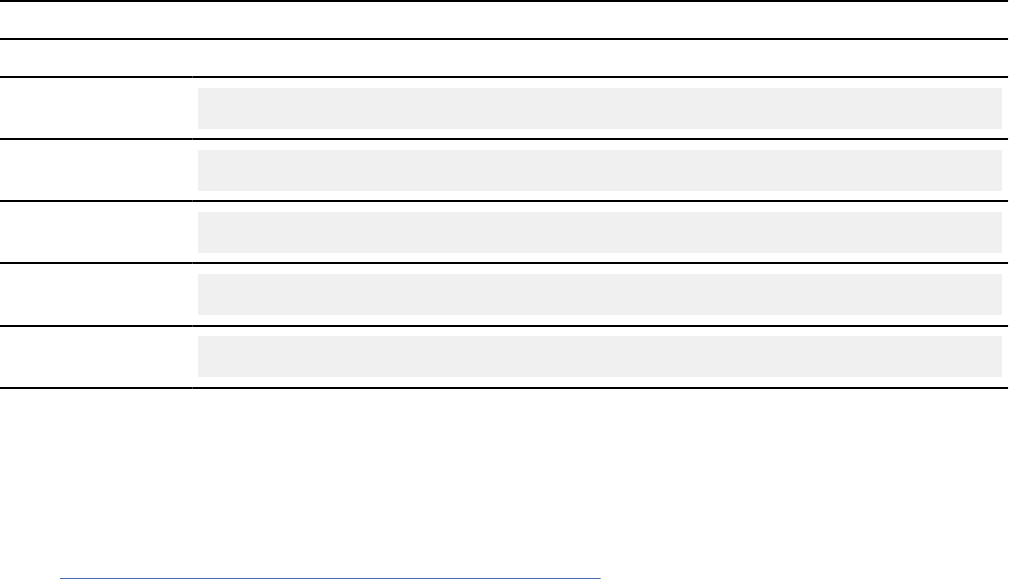
retcode
A 4-byte area in which RRSAF places the return code.
This parameter is optional. If you do not specify retcode, RRSAF places the return code in register 15
and the reason code in register 0.
reascode
A 4-byte area in which RRSAF places the reason code.
This parameter is optional. If you do not specify reascode, RRSAF places the reason code in register 0.
If you specify reascode, you must also specify retcode.
Example of RRSAF TERMINATE THREAD calls
The following table shows a TERMINATE THREAD call in each language.
Table 30. Examples of RRSAF TERMINATE THREAD calls
Language Call example
Assembler
CALL DSNRLI,(TRMTHDFN,RETCODE,REASCODE)
C
1
fnret=dsnrli(&trmthdfn[0], &retcode, &reascode);
COBOL
CALL 'DSNRLI' USING TRMTHDFN RETCODE REASCODE.
Fortran
CALL DSNRLI(TRMTHDFN,RETCODE,REASCODE)
PL/I
1
CALL DSNRLI(TRMTHDFN,RETCODE,REASCODE);
Note:
1. For C, C++, and PL/I applications, you must include the appropriate compiler directives, because
DSNRLI is an assembler language program. These compiler directives are described in the instructions
for invoking RRSAF.
Related tasks
Invoking the Resource Recovery Services attachment facility
The Resource Recovery Services attachment facility (RRSAF) enables your program to communicate with
Db2. Invoke RRSAF as an alternative to invoking CAF or when using stored procedures that run in a
WLM-established address space. RRSAF has more capabilities than CAF.
TERMINATE IDENTIFY function for RRSAF
The RRSAF TERMINATE IDENTIFY function terminates a connection to Db2. Calling the TERMINATE
IDENTIFY function is optional. If you do not call it, Db2 performs the same functions when the task
terminates.
If Db2 terminates, the application must issue TERMINATE IDENTIFY to reset the RRSAF control blocks.
This action ensures that future connection requests from the task are successful when Db2 restarts.
The TERMINATE IDENTIFY function removes the calling task's connection to Db2. If no other task in the
address space has an active connection to Db2, Db2 also deletes the control block structures that were
created for the address space and removes the cross-memory authorization.
If the application is not at a point of consistency when you call the TERMINATE IDENTIFY function, RRSAF
returns reason code X'00C12211'.
104
Db2 12 for z/OS: Application Programming and SQL Guide (Last updated: 2024-07-30)
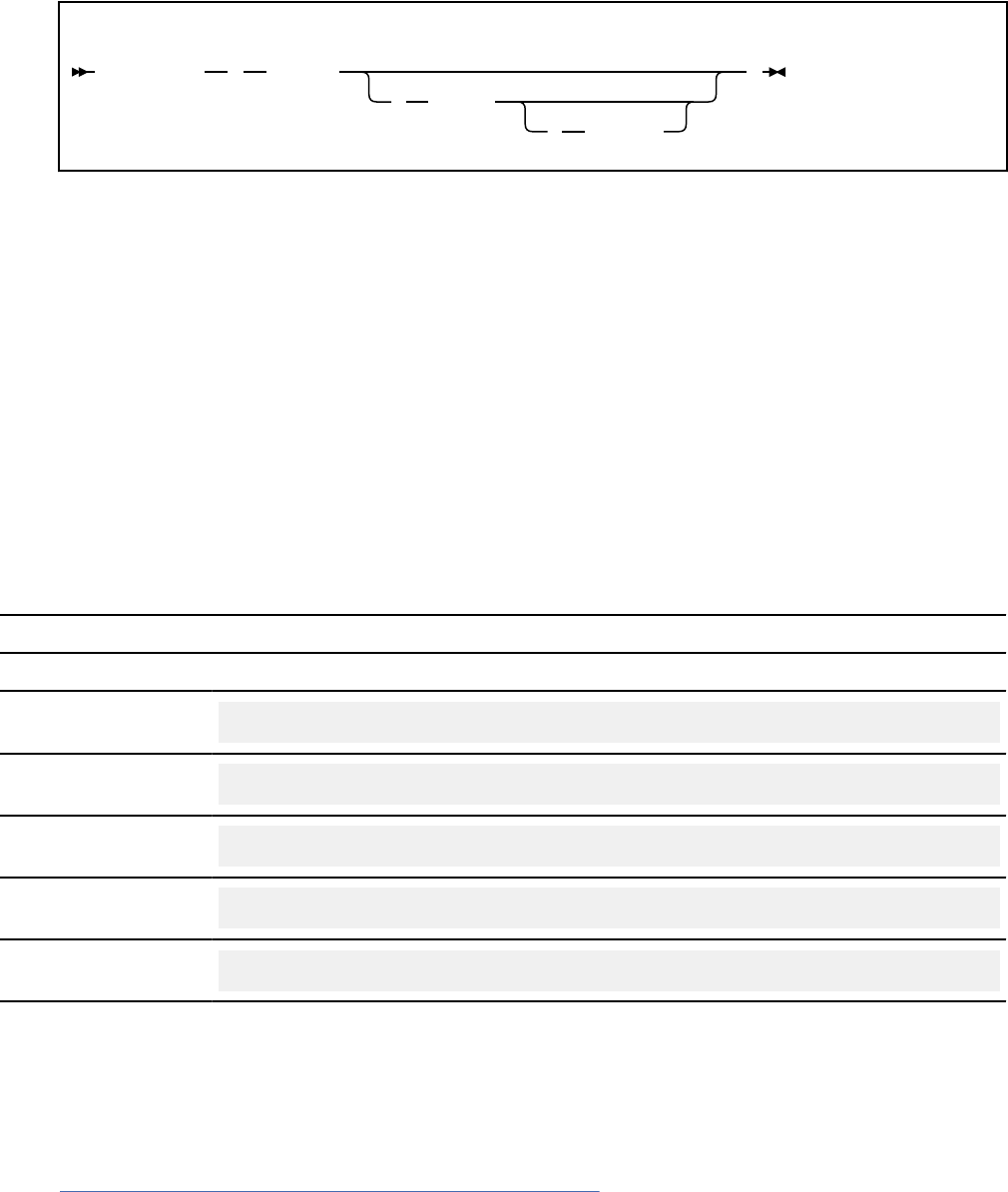
If the application allocated a plan, and you call the TERMINATE IDENTIFY function without rst calling the
TERMINATE THREAD function, Db2 deallocates the plan before terminating the connection.
The following diagram shows the syntax of the TERMINATE IDENTIFY function.
DSNRLI TERMINATE IDENTIFY function
CALL DSNRLI ( function
, retcode
, reascode
)
Parameters point to the following areas:
function
An 18-byte area that contains TERMINATE IDENTIFY.
retcode
A 4-byte area in which RRSAF places the return code.
This parameter is optional. If you do not specify retcode, RRSAF places the return code in register 15
and the reason code in register 0.
reascode
A 4-byte area in which RRSAF places the reason code.
This parameter is optional. If you do not specify reascode, RRSAF places the reason code in register 0.
If you specify reascode, you must also specify retcode.
Example of RRSAF TERMINATE IDENTIFY calls
The following table shows a TERMINATE IDENTIFY call in each language.
Table 31. Examples of RRSAF TERMINATE IDENTIFY calls
Language Call example
Assembler
CALL DSNRLI,(TMIDFYFN,RETCODE,REASCODE)
C
1
fnret=dsnrli(&tmidfyfn[0], &retcode, &reascode);
COBOL
CALL 'DSNRLI' USING TMIDFYFN RETCODE REASCODE.
Fortran
CALL DSNRLI(TMIDFYFN,RETCODE,REASCODE)
PL/I
1
CALL DSNRLI(TMIDFYFN,RETCODE,REASCODE);
Note:
1. For C, C++, and PL/I applications, you must include the appropriate compiler directives, because
DSNRLI is an assembler language program. These compiler directives are described in the instructions
for invoking RRSAF.
Related tasks
Invoking the Resource Recovery Services attachment facility
Chapter 2. Connecting to Db2 from your application program
105

The Resource Recovery Services attachment facility (RRSAF) enables your program to communicate with
Db2. Invoke RRSAF as an alternative to invoking CAF or when using stored procedures that run in a
WLM-established address space. RRSAF has more capabilities than CAF.
TRANSLATE function for RRSAF
The RRSAF TRANSLATE function converts a hexadecimal reason code for a Db2 error into a signed integer
SQL code and a printable error message. The SQL code and message text are placed in the SQLCODE and
SQLSTATE host variables or related elds of the SQLCA.
Consider the following rules and recommendations about when to use and not use the TRANSLATE
function:
• You cannot call the TRANSLATE function from the Fortran language.
• Call the TRANSLATE function only after a successful IDENTIFY operation. For errors that occur during
SQL or IFI requests, the TRANSLATE function performs automatically.
• The TRANSLATE function translates codes that begin with X'00F3', but it does not translate RRSAF
reason codes that begin with X'00C1'.
If you receive error reason code X'00F30040' (resource unavailable) after an OPEN request, the
TRANSLATE function returns the name of the unavailable database object in the last 44 characters of
the SQLERRM eld.
If the TRANSLATE function does not recognize the error reason code, it returns SQLCODE -924 (SQLSTATE
'58006') and places a printable copy of the original Db2 function code and the return and error reason
codes in the SQLERRM eld. The contents of registers 0 and 15 do not change, unless TRANSLATE fails. In
this case, register 0 is set to X'00C12204', and register 15 is set to 200.
The following diagram shows the syntax of the TRANSLATE function.
DSNRLI TRANSLATE function
CALL DSNRLI ( function, sqlca
, retcode
, reascode
)
Parameters point to the following areas:
function
An 18-byte area that contains the word TRANSLATE followed by nine blanks.
sqlca
The program's SQL communication area (SQLCA).
retcode
A 4-byte area in which RRSAF places the return code.
This parameter is optional. If you do not specify retcode, RRSAF places the return code in register 15
and the reason code in register 0.
reascode
A 4-byte area in which RRSAF places the reason code.
This parameter is optional. If you do not specify reascode, RRSAF places the reason code in register 0.
If you specify reascode, you must also specify retcode.
Example of RRSAF TRANSLATE calls
The following table shows a TRANSLATE call in each language.
106
Db2 12 for z/OS: Application Programming and SQL Guide (Last updated: 2024-07-30)
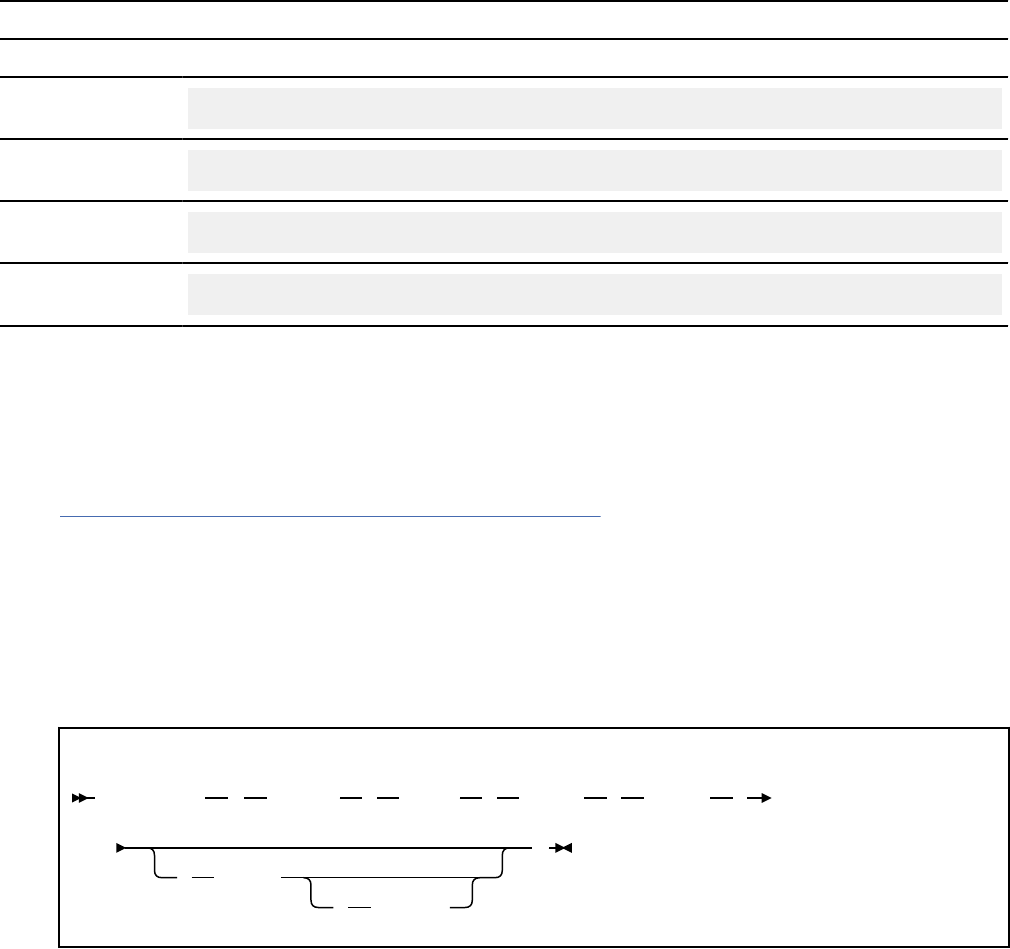
Table 32. Examples of RRSAF TRANSLATE calls
Language Call example
Assembler
CALL DSNRLI,(XLATFN,SQLCA,RETCODE,REASCODE)
C
1
fnret=dsnrli(&connfn[0], &sqlca, &retcode, &reascode);
COBOL
CALL 'DSNRLI' USING XLATFN SQLCA RETCODE REASCODE.
PL/I
1
CALL DSNRLI(XLATFN,SQLCA,RETCODE,REASCODE);
Note:
1. For C, C++, and PL/I applications, you must include the appropriate compiler directives, because
DSNRLI is an assembler language program. These compiler directives are described in the instructions
for invoking RRSAF.
Related tasks
Invoking the Resource Recovery Services attachment facility
The Resource Recovery Services attachment facility (RRSAF) enables your program to communicate with
Db2. Invoke RRSAF as an alternative to invoking CAF or when using stored procedures that run in a
WLM-established address space. RRSAF has more capabilities than CAF.
FIND_DB2_SYSTEMS function for RRSAF
The RRSAF FIND_DB2_SYSTEMS function identies all active Db2 subsystems on a z/OS LPAR.
The following diagram shows the syntax of the FIND_DB2_SYSTEMS function.
DSNRLI FIND_DB2_SYSTEMS function
CALL DSNRLI ( function , ssnma , activea , arraysz ,
, retcode
, reascode
)
Parameters point to the following areas:
function
An 18-byte area that contains FIND_DB2_SYSTEMS followed by two blanks.
ssnma
A storage area for an array of 4-byte character strings into which RRSAF places the names of all the
Db2 subsystems (SSIDs) that are dened for the current LPAR. You must provide the storage area. If
the array is larger than the number of Db2 subsystems, RRSAF returns the value ' ' (four blanks) in
all unused array members.
activea
A storage area for an array of 4-byte values into which RRSAF returns an indication of whether a
dened subsystem is active. Each value is represented as a xed 31-bit integer. The value 1 means
that the subsystem is active. The value 0 means that the subsystem is not active. The size of this
array must be the same as the size of the ssnma array. If the array is larger than the number of Db2
subsystems, RRSAF returns the value -1 in all unused array members.
The information in the activea array is the information that is available at the point in time that you
requested it and might change at any time.
Chapter 2. Connecting to Db2 from your application program
107
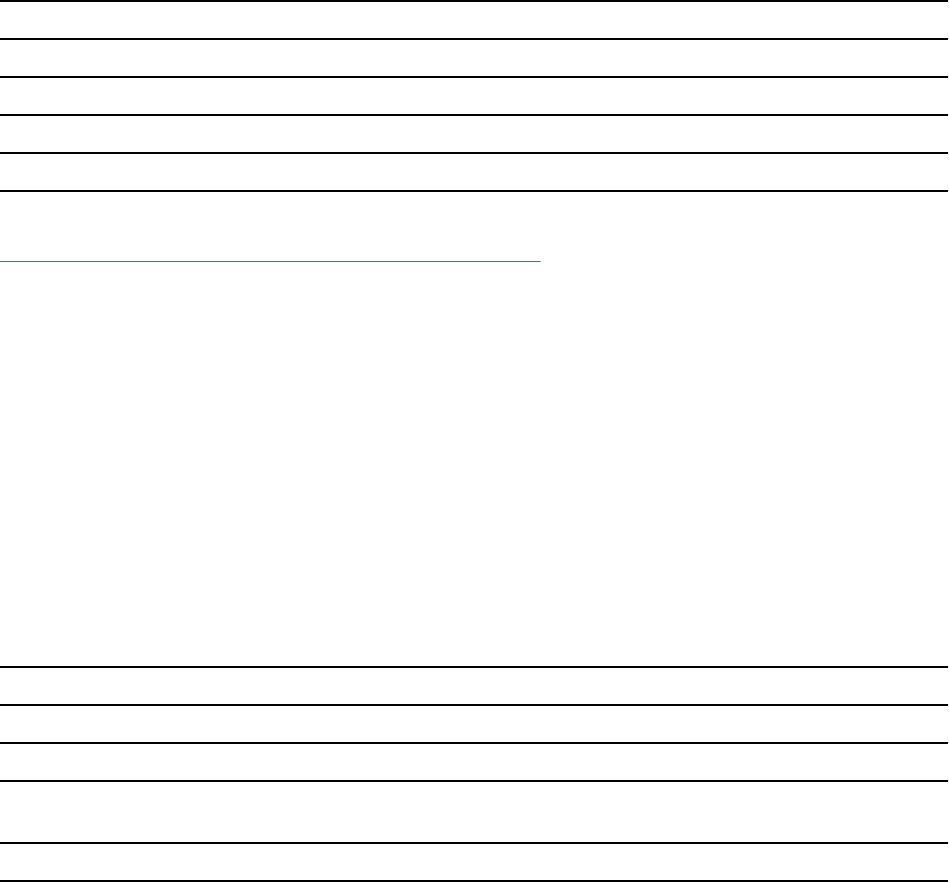
arraysz
A 4-byte area, represented as a xed 31-bit integer, that species the number of entries for the
ssnma and activea arrays. If the number of array entries is insufcient to contain all of the subsystems
dened on the current LPAR, RRSAF uses all available entries and returns return code 4.
retcode
A 4-byte area in which RRSAF is to place the return code for this call to the FIND_DB2_SYSTEMS
function.
This parameter is optional. If you do not retcode, RRSAF places the return code in register 15 and the
reason code in register 0.
reascode
A 4-byte area in which RRSAF is to place the reason code for this call to the FIND_DB2_SYSTEMS
function.
This parameter is optional. If you do not specify reascode, RRSAF places the reason code in register 0.
Example values that the FIND_DB2_SYSTEMS function returns
Assume that two subsystems are dened on the current LPAR. Subsystem DB2A is active, and subsystem
DB2B is stopped. Suppose that you invoke RRSAF with the function FIND_DB2_SYSTEMS and a value of 3
for arraysz. The ssnma array and activea array are set to the following values:
Table 33. Example values returned in the ssnma and activeaarrays
Array element number Values in ssnma array Values in activea array
1 DB2A 1
2 DB2B 0
3 (four blanks) -1
Related tasks
Invoking the Resource Recovery Services attachment facility
The Resource Recovery Services attachment facility (RRSAF) enables your program to communicate with
Db2. Invoke RRSAF as an alternative to invoking CAF or when using stored procedures that run in a
WLM-established address space. RRSAF has more capabilities than CAF.
RRSAF return codes and reason codes
If you specify return code and reason code parameters in an Resource Recovery Services attachment
facility (RRSAF) function call, RRSAF returns the return code and reason code in those parameters. If you
do not specify those parameters or implicitly invoke RRSAF, RRSAF puts the return code in register 15 and
the reason code in register 0.
When the reason code begins with X'00F3', except for X'00F30006', you can use the RRSAF TRANSLATE
function to obtain error message text that can be printed and displayed.
For SQL calls, RRSAF returns standard SQL return codes in the SQLCA. RRSAF returns IFI return codes
and reason codes in the instrumentation facility communication area (IFCA).
The following table lists the RRSAF return codes.
Table 34. RRSAF return codes
Return code Explanation
0 The call completed successfully.
4 Status information is available. See the reason
code for details.
>4 The call failed. See the reason code for details.
108Db2 12 for z/OS: Application Programming and SQL Guide (Last updated: 2024-07-30)
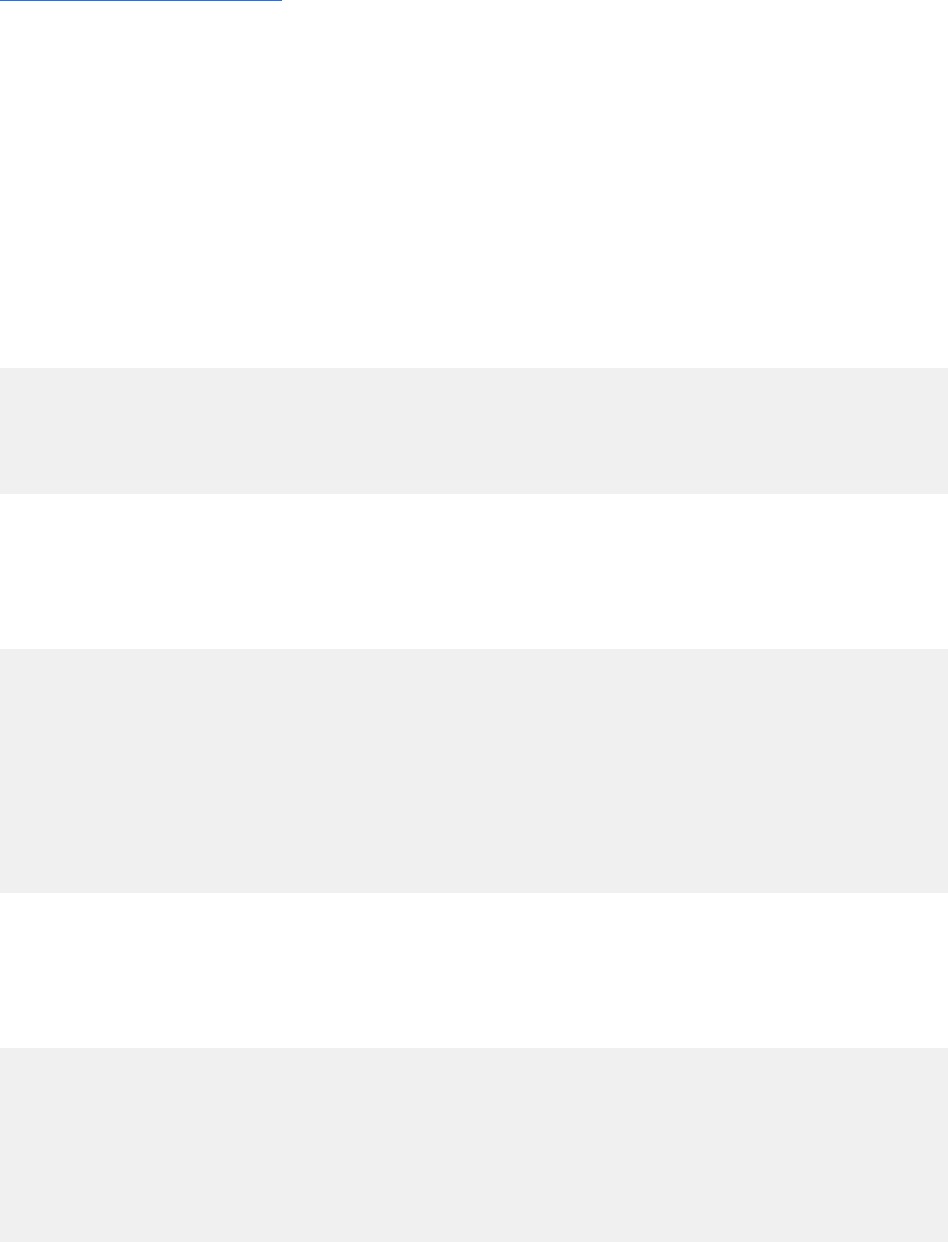
Related reference
TRANSLATE function for RRSAF
The RRSAF TRANSLATE function converts a hexadecimal reason code for a Db2 error into a signed integer
SQL code and a printable error message. The SQL code and message text are placed in the SQLCODE and
SQLSTATE host variables or related elds of the SQLCA.
Sample RRSAF scenarios
One or more tasks can use Resource Recovery Services attachment facility (RRSAF) to connect to Db2.
This connection can be made either implicitly or explicitly. For explicit connections, a task calls one or
more of the RRSAF connection functions.
A single task
The following example pseudocode illustrates a single task running in an address space that explicitly
connects to Db2 through RRSAF. z/OS RRS controls commit processing when the task terminates
normally.
IDENTIFY
SIGNON
CREATE THREAD
SQL or IFI
⋮
TERMINATE IDENTIFY
Multiple tasks
In the following scenario, multiple tasks in an address space explicitly connect to Db2 through RRSAF.
Task 1 executes no SQL statements and makes no IFI calls. Its purpose is to monitor Db2 termination and
startup ECBs and to check the Db2 release level.
TASK 1 TASK 2 TASK 3 TASK n
IDENTIFY IDENTIFY IDENTIFY IDENTIFY
SIGNON SIGNON SIGNON
CREATE THREAD CREATE THREAD CREATE THREAD
SQL SQL SQL
... ... ...
SRRCMIT SRRCMIT SRRCMIT
SQL SQL SQL
... ... ...
SRRCMIT SRRCMIT SRRCMIT
... ... ...
TERMINATE IDENTIFY
Reusing a Db2 thread
The following example pseudocode shows a Db2 thread that is reused by another user at a point of
consistency. When the application calls the SIGNON function for user B, Db2 reuses the plan that is
allocated by the CREATE THREAD function for user A.
IDENTIFY
SIGNON user A
CREATE THREAD
SQL
...
SRRCMIT
SIGNON user B
SQL
...
SRRCMIT
Chapter 2. Connecting to Db2 from your application program
109

Switching Db2 threads between tasks
The following scenario shows how you can switch the threads for four users (A, B, C, and D) among two
tasks (1 and 2).
Task 1 Task 2
CTXBEGC (create context a) CTXBEGC (create context b)
CTXSWCH(a,0) CTXSWCH(b,0)
IDENTIFY IDENTIFY
SIGNON user A SIGNON user B
CREATE THREAD (Plan A) CREATE THREAD (plan B)
SQL SQL
... ...
CTXSWCH(0,a) CTXSWCH(0,b)
CTXBEGC (create context c) CTXBEGC (create context d)
CTXSWCH(c,0) CTXSWCH(d,0)
IDENTIFY IDENTIFY
SIGNON user C SIGNON user D
CREATE THREAD (plan C) CREATE THREAD (plan D)
SQL SQL
... ...
CTXSWCH(b,c) CTXSWCH(0,d)
SQL (plan B) ...
... CTXSWCH(a,0)
SQL (plan A)
The applications perform the following steps:
• Task 1 creates context a, switches contexts so that context a is active for task 1, and calls the IDENTIFY
function to initialize a connection to a subsystem. A task must always call the IDENTIFY function before
a context switch can occur. After the IDENTIFY operation is complete, task 1 allocates a thread for user
A, and performs SQL operations.
At the same time, task 2 creates context b, switches contexts so that context b is active for task 2, calls
the IDENTIFY function to initialize a connection to the subsystem, allocates a thread for user B, and
performs SQL operations.
When the SQL operations complete, both tasks perform RRS context switch operations. Those
operations disconnect each Db2 thread from the task under which it was running.
• Task 1 then creates context c, calls the IDENTIFY function to initialize a connection to the subsystem,
switches contexts so that context c is active for task 1, allocates a thread for user C, and performs SQL
operations for user C.
Task 2 does the same operations for user D.
• When the SQL operations for user C complete, task 1 performs a context switch operation to perform
the following actions:
– Switch the thread for user C away from task 1.
– Switch the thread for user B to task 1.
For a context switch operation to associate a task with a Db2 thread, the Db2 thread must have
previously performed an IDENTIFY operation. Therefore, before the thread for user B can be associated
with task 1, task 1 must have performed an IDENTIFY operation.
• Task 2 performs two context switch operations to perform the following actions:
– Disassociate the thread for user D from task 2.
– Associate the thread for user A with task 2.
110
Db2 12 for z/OS: Application Programming and SQL Guide (Last updated: 2024-07-30)
Program examples for RRSAF
The Resource Recovery Services attachment facility (RRSAF) enables programs to communicate with
Db2. You can use RRSAF as an alternative to CAF.
Example JCL for invoking RRSAF
The following sample JCL shows how to use RRSAF in a batch environment. The DSNRRSAF DD statement
starts the RRSAF trace. Use that DD statement only if you are diagnosing a problem.
//jobname JOB z/OS_jobcard_information
//RRSJCL EXEC PGM=RRS_application_program
//STEPLIB DD DSN=application_load_library
// DD DSN=DB2_load_library
⋮
//SYSPRINT DD SYSOUT=*
//DSNRRSAF DD DUMMY
//SYSUDUMP DD SYSOUT=*
Example of loading and deleting the RRSAF language interface
The following code segment shows how an application loads entry points DSNRLI and DSNHLIR of
the RRSAF language interface. Storing the entry points in variables LIRLI and LISQL ensures that the
application loads the entry points only once. Delete the loaded modules when the application no longer
needs to access Db2.
****************************** GET LANGUAGE INTERFACE ENTRY ADDRESSES
LOAD EP=DSNRLI Load the RRSAF service request EP
ST R0,LIRLI Save this for RRSAF service requests
LOAD EP=DSNHLIR Load the RRSAF SQL call Entry Point
ST R0,LISQL Save this for SQL calls
* .
* . Insert connection service requests and SQL calls here
* .
DELETE EP=DSNRLI Correctly maintain use count
DELETE EP=DSNHLIR Correctly maintain use count
Example of using dummy entry point DSNHLI for RRSAF
Each of the Db2 attachment facilities contains an entry point named DSNHLI. When you use RRSAF but
do not specify the ATTACH(RRSAF) precompiler option, the precompiler generates BALR instructions to
DSNHLI for SQL statements in your program. To nd the correct DSNHLI entry point without including
DSNRLI in your load module, code a subroutine, with entry point DSNHLI, that passes control to entry
point DSNHLIR in the DSNRLI module. DSNHLIR is unique to DSNRLI and is at the same location
as DSNHLI in DSNRLI. DSNRLI uses 31-bit addressing. If the application that calls this intermediate
subroutine uses 24-bit addressing, the intermediate subroutine must account for the difference.
In the following example, LISQL is addressable because the calling CSECT used the same register 12 as
CSECT DSNHLI. Your application must also establish addressability to LISQL.
***********************************************************************
* Subroutine DSNHLI intercepts calls to LI EP=DSNHLI
***********************************************************************
DS 0D
DSNHLI CSECT Begin CSECT
STM R14,R12,12(R13) Prologue
LA R15,SAVEHLI Get save area address
ST R13,4(,R15) Chain the save areas
ST R15,8(,R13) Chain the save areas
LR R13,R15 Put save area address in R13
L R15,LISQL Get the address of real DSNHLI
BASSM R14,R15 Branch to DSNRLI to do an SQL call
* DSNRLI is in 31-bit mode, so use
* BASSM to assure that the addressing
* mode is preserved.
L R13,4(,R13) Restore R13 (caller's save area addr)
Chapter 2. Connecting to Db2 from your application program
111
L R14,12(,R13) Restore R14 (return address)
RETURN (1,12) Restore R1-12, NOT R0 and R15 (codes)
Example of connecting to Db2 with RRSAF
This example uses the variables that are declared in the following code.
****************** VARIABLES SET BY APPLICATION ***********************
LIRLI DS F DSNRLI entry point address
LISQL DS F DSNHLIR entry point address
SSNM DS CL4 DB2 subsystem name for IDENTIFY
CORRID DS CL12 Correlation ID for SIGNON
ACCTTKN DS CL22 Accounting token for SIGNON
ACCTINT DS CL6 Accounting interval for SIGNON
PLAN DS CL8 DB2 plan name for CREATE THREAD
COLLID DS CL18 Collection ID for CREATE THREAD. If
* PLAN contains a plan name, not used.
REUSE DS CL8 Controls SIGNON after CREATE THREAD
CONTROL DS CL8 Action that application takes based
* on return code from RRSAF
****************** VARIABLES SET BY DB2 *******************************
STARTECB DS F DB2 startup ECB
TERMECB DS F DB2 termination ECB
EIBPTR DS F Address of environment info block
RIBPTR DS F Address of release info block
****************************** CONSTANTS ******************************
CONTINUE DC CL8'CONTINUE' CONTROL value: Everything OK
IDFYFN DC CL18'IDENTIFY ' Name of RRSAF service
SGNONFN DC CL18'SIGNON ' Name of RRSAF service
CRTHRDFN DC CL18'CREATE THREAD ' Name of RRSAF service
TRMTHDFN DC CL18'TERMINATE THREAD ' Name of RRSAF service
TMIDFYFN DC CL18'TERMINATE IDENTIFY' Name of RRSAF service
****************************** SQLCA and RIB **************************
EXEC SQL INCLUDE SQLCA
DSNDRIB Map the DB2 Release Information Block
******************* Parameter list for RRSAF calls ********************
RRSAFCLL CALL ,(*,*,*,*,*,*,*,*),VL,MF=L
The following example code shows how to issue requests for the RRSAF functions IDENTIFY, SIGNON,
CREATE THREAD, TERMINATE THREAD, and TERMINATE IDENTIFY. This example does not show a task
that waits on the Db2 termination ECB. You can code such a task and use the z/OS WAIT macro to monitor
the ECB. The task that waits on the termination ECB should detach the sample code if the termination
ECB is posted. That task can also wait on the Db2 startup ECB. This example waits on the startup ECB at
its own task level.
***************************** IDENTIFY ********************************
L R15,LIRLI Get the Language Interface address
CALL (15),(IDFYFN,SSNM,RIBPTR,EIBPTR,TERMECB,STARTECB),VL,MF=X
(E,RRSAFCLL)
BAL R14,CHEKCODE Call a routine (not shown) to check
* return and reason codes
CLC CONTROL,CONTINUE Is everything still OK
BNE EXIT If CONTROL not 'CONTINUE', stop loop
USING R8,RIB Prepare to access the RIB
L R8,RIBPTR Access RIB to get DB2 release level
CLC RIBREL,RIBR999 DB2 V10 or later?
BE USERELX If RIBREL = '999', use RIBRELX
WRITE 'The current DB2 release level is' RIBREL
B SIGNON Continue with signon USERELX
WRITE 'The current DB2 release level is' RIBRELX
***************************** SIGNON **********************************
SIGNON L R15,LIRLI Get the Language Interface address
CALL (15),(SGNONFN,CORRID,ACCTTKN,ACCTINT),VL,MF=(E,RRSAFCLL)
BAL R14,CHEKCODE Check the return and reason codes
*************************** CREATE THREAD *****************************
L R15,LIRLI Get the Language Interface address
CALL (15),(CRTHRDFN,PLAN,COLLID,REUSE),VL,MF=(E,RRSAFCLL)
BAL R14,CHEKCODE Check the return and reason codes
****************************** SQL ************************************
* Insert your SQL calls here. The DB2 Precompiler
* generates calls to entry point DSNHLI. You should
* code a dummy entry point of that name to intercept
* all SQL calls. A dummy DSNHLI is shown in the following
* section.
************************ TERMINATE THREAD *****************************
CLC CONTROL,CONTINUE Is everything still OK?
112
Db2 12 for z/OS: Application Programming and SQL Guide (Last updated: 2024-07-30)
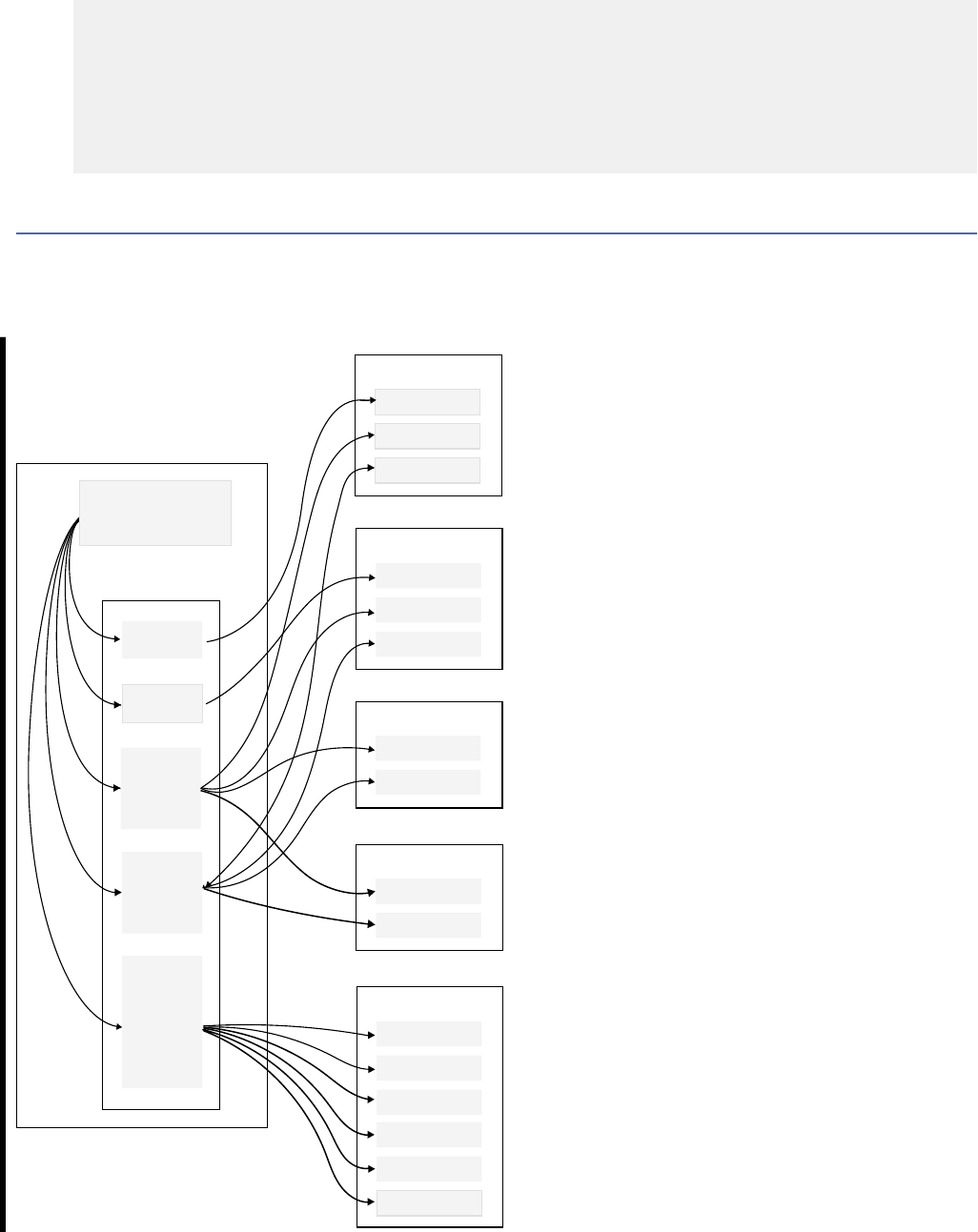
BNE EXIT If CONTROL not 'CONTINUE', shut down
L R15,LIRLI Get the Language Interface address
CALL (15),(TRMTHDFN),VL,MF=(E,RRSAFCLL)
BAL R14,CHEKCODE Check the return and reason codes
************************ TERMINATE IDENTIFY ***************************
CLC CONTROL,CONTINUE Is everything still OK
BNE EXIT If CONTROL not 'CONTINUE', stop loop
L R15,LIRLI Get the Language Interface address
CALL (15),(TMIDFYFN),VL,MF=(E,RRSAFCLL)
BAL R14,CHEKCODE Check the return and reason codes
Universal language interface (DSNULI)
The universal language interface (DSNULI) subcomponent determines the runtime environment and
dynamically loads and branches to the appropriate language interface module.
The following gure shows the general structure of DSNULI and a program that uses it:
Application program
or stored procedure
DSNCLI
DSNHLI
DSNWLI
TSO
DSNELI
DSNHLI
DSNALI
DSNHLI2
DSNWLI2
CAF
RRSAF
DSNRLI
DSNHLIR
DSNWLIR
DSNWLI
DSNRLI
DSNALI
DSNRLI
DSNALI
CICS
PLITDLI
DFSPLI
CBLTDLI
IMS
DFSLI000
DFSCOBOL
ASMTDLI
DFSASM
DSNULI
DSNHLI2
DSNHLIR
DSNHLI
DSNWLI2
DSNWLIR
DSNWLI
PLITDLI
DFSPLI
CBLTDLI
DFSCOBOL
ASMTDLI
DFSASM
Figure 2. Application program or stored procedure linked with DSNULI
The Db2 load module, DSNULI, is the Universal Language Interface module. DSNULI has no aliases.
Chapter 2. Connecting to Db2 from your application program
113

DSNULI has the following entry points:
DSNALI
For explicit Db2 Call Attach Facility connection service requests
DSNRLI
For explicit Db2 Resource Recovery Services Attach Facility connection service requests
DSNCLI
For link-editing with CICS
DSNHLI
For generic SQL calls from applications that are designed to run in any environment.
DSNHLI2
For explicit SQL calls by way of the Call Attachment Facility
DSNHLIR
For explicit SQL calls by way of the Resource Recovery Services Attachment Facility
DSNWLI
For generic IFI calls from applications that are designed to run in any environment.
DSNWLI2
For explicit IFI calls by way of the Call Attachment Facility.
DSNWLIR
For explicit IFI call by way of the Resource Recovery Services Attachment Facility
PLITDLI
For PL/I specic IMS database access
DFSPLI
For PL/I specic IMS database access
CBLTDLI
For COBOL specic IMS database access
DFSCOBOL
For COBOL specic IMS database access
ASMTDLI
For assembler specic IMS database access
DFSASM
For assembler specic IMS database access
DSNULI dynamically loads and branches to the appropriate language interface module, which is based on
the entry point name (for attachment-specic entry points), or based on the current environment (for the
generic entry points DSNHLI and DSNWLI).
Related tasks
Link-editing an application with DSNULI
To create a single load module that can be used in more than one attachment environment, you can
link-edit your program or stored procedure with the Universal Language Interface module (DSNULI)
instead of with one of the environment-specic language interface modules (DSNELI, DSNALI, DSNRLI,
DSNCLI, or DFSLI000).
Link-editing an application with DSNULI
To create a single load module that can be used in more than one attachment environment, you can
link-edit your program or stored procedure with the Universal Language Interface module (DSNULI)
114
Db2 12 for z/OS: Application Programming and SQL Guide (Last updated: 2024-07-30)

instead of with one of the environment-specic language interface modules (DSNELI, DSNALI, DSNRLI,
DSNCLI, or DFSLI000).
About this task
DSNULI should be link-edited with TSO, CAF, RRSAF applications (including Stored Procedures), CICS
applications and IMS applications. DSNULI determines the run time environment, then dynamically
loads and branches to the appropriate language interface module (DSNELI, DSNALI, DSNRLI, DSNCLI,
or DFSLI000).
The following considerations apply:
• If maximum performance is the primary requirement, link-edit with DSNELI, DSNALI, DSNRLI, DSNCLI,
or DFSLI000 rather than DSNULI. If maintaining a single copy of a load module is the primary
requirement, link-edit with DSNULI.
• If CAF implicit connect functionality is required, link-edit your application with DSNALI instead of with
DSNULI. DSNULI defaults to RRSAF implicit connections if an attachment environment has not been
established upon entry to DSNHLI. Attachment environments are established by calling DSNRLI or
DSNALI initially, or by running an SQL application under the TSO command processor or under CICS or
IMS.
• DSNULI will not explicitly delete the loaded DSNELI, DSNALI, DSNRLI or DSNCLI. If an application
cannot tolerate having these modules deleted only at task termination, use DSNELI, DSNALI, DSNRLI or
DSNCLI instead of DSNULI.
• DSNULI is shipped with the linkage attributes AMODE(31) and RMODE(ANY) and must be entered in
AMODE(31).
Procedure
You can include DSNULI when you link-edit your load module. For example, you can use a linkage editor
control statement like this in your JCL:
INCLUDE SYSLIB(DSNULI)
Results
By coding this statement, you avoid linking to one of the environment-specic language interface
modules.
Controlling the CICS attachment facility from an application
Use the CICS attachment facility to access Db2 from CICS application programs.
About this task
You can start and stop the CICS attachment facility from within an application program.
Procedure
To control the CICS attachment facility:
1. To start the CICS attachment facility, perform one of the following actions:
• Include the following statement in your application:
EXEC CICS LINK PROGRAM('DSN2COM0')
• Use the system programming interface SET DB2CONN for the CICS Transaction Server.
2. To stop the CICS attachment facility, perform one of the following actions:
• Include the following statement in your application:
Chapter 2. Connecting to Db2 from your application program
115

EXEC CICS LINK PROGRAM('DSN2COM2')
• Use the system programming interface SET DB2CONN for the CICS Transaction Server.
Related information
SET DB2CONN (CICS Transaction Server for z/OS)
Detecting whether the CICS attachment facility is operational
Before you execute SQL statements in a CICS program, you should determine if the CICS attachment
facility is available. You do not need to do this test if the CICS attachment facility is started and you are
using standby mode.
About this task
When an SQL statement is executed, and the CICS attachment facility is in standby mode, the attachment
issues SQLCODE -923 with a reason code that indicates that Db2 is not available.
Procedure
Use the INQUIRE EXITPROGRAM command for the CICS Transaction Server in your application.
The following example shows how to use this command. In this example, the INQUIRE EXITPROGRAM
command tests whether the resource manager for SQL, DSNCSQL, is up and running. CICS returns the
results in the EIBRESP eld of the EXEC interface block (EIB) and in the eld whose name is the argument
of the CONNECTST parameter (in this case, STST). If the EIBRESP value indicates that the command
completed normally and the STST value indicates that the resource manager is available, you can then
execute SQL statements.
STST DS F
ENTNAME DS CL8
EXITPROG DS CL8
⋮
MVC ENTNAME,=CL8'DSNCSQL'
MVC EXITPROG,=CL8'DSN2EXT1'
EXEC CICS INQUIRE EXITPROGRAM(EXITPROG) X
ENTRYNAME(ENTNAME) CONNECTST(STST) NOHANDLE
CLC EIBRESP,DFHRESP(NORMAL)
BNE NOTREADY
CLC STST,DFHVALUE(CONNECTED)
BNE NOTREADY
UPNREADY DS 0H
attach is up
NOTREADY DS 0H
attach is not up yet
If you use the INQUIRE EXITPROGRAM command to avoid AEY9 abends and the CICS attachment facility
is down, the storm drain effect can occur. The storm drain effect is a condition that occurs when a system
continues to receive work, even though that system is down.
Related concepts
Storm-drain effect (Db2 Installation and Migration)
Related information
INQUIRE EXITPROGRAM (CICS Transaction Server for z/OS)
-923 (Db2 Codes)
116
Db2 12 for z/OS: Application Programming and SQL Guide (Last updated: 2024-07-30)

Improving thread reuse in CICS applications
Having transactions reuse threads is generally recommended because each thread creation is associated
with a high processor cost.
Procedure
Close all cursors that are declared with the WITH HOLD option before each sync point.
Db2 does not automatically close them. A thread for an application that contains an open cursor cannot
be reused. You should close all cursors immediately after you nish using them.
Related concepts
Held and non-held cursors
A held cursor does not close after a commit operation. A cursor that is not held closes after a commit
operation. You specify whether you want a cursor to be held or not held by including or omitting the WITH
HOLD clause when you declare the cursor.
Chapter 2. Connecting to Db2 from your application program117
118Db2 12 for z/OS: Application Programming and SQL Guide (Last updated: 2024-07-30)
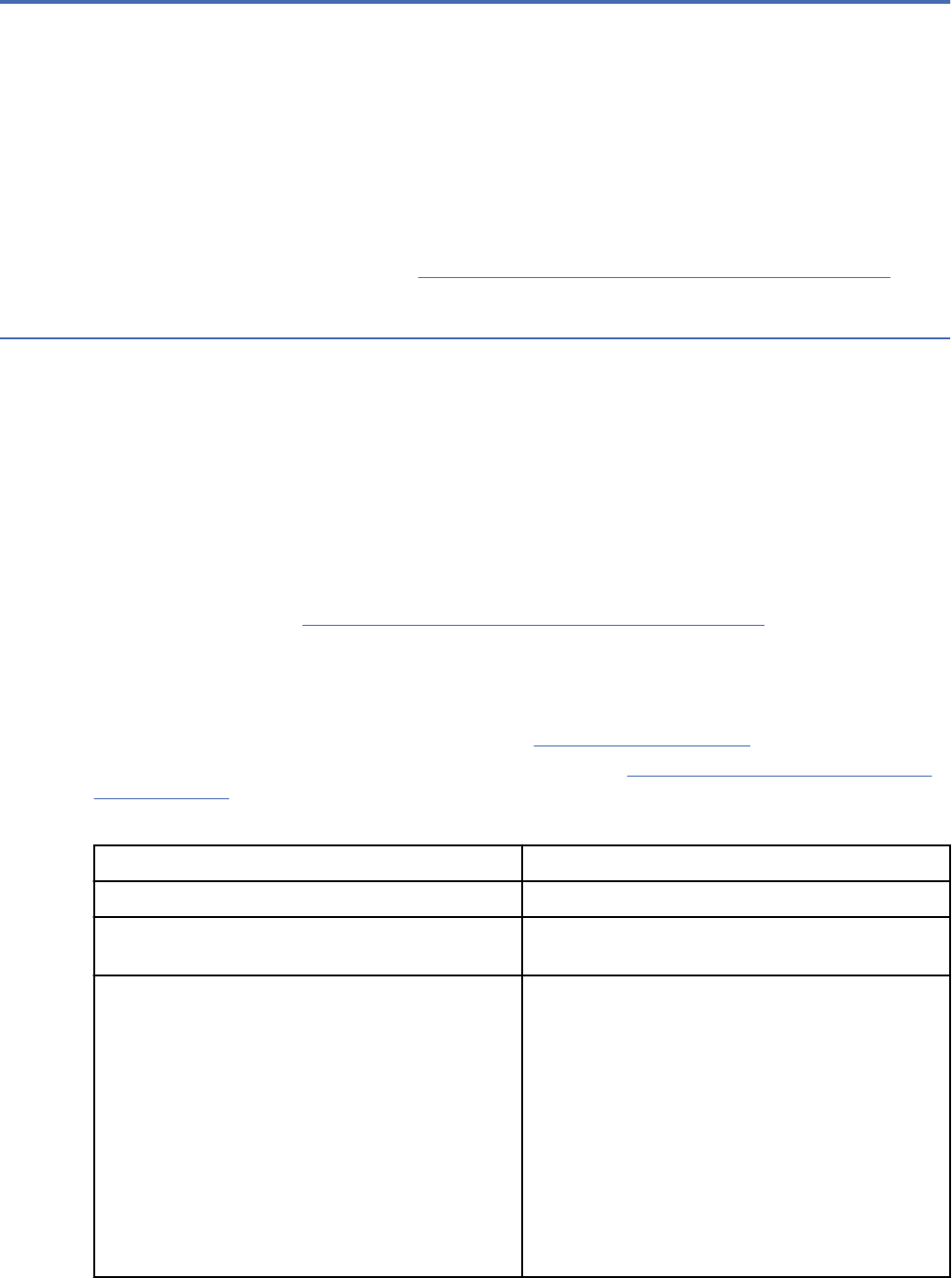
Chapter 3. Db2 SQL programming
You can use the SQL language to write a statement that describes what you want to do with the data in a
database and under what conditions you want to do it.
Structured Query Language (SQL) is a standardized language based on the relational model of data that
is used for dening and manipulating data in a relational database. SQL statements can be contained in
user-dened functions, user-dened procedures, or triggers, embedded in high-level language programs,
dynamically prepared and run, or run interactively.
For information about embedded SQL, see Chapter 4, “Embedded SQL programming,” on page 459.
Creating and modifying Db2 objects from application programs
Your application program can create and manipulate Db2 objects, such as tables, views, triggers, distinct
types, user-dened functions, and stored procedures. You must have the appropriate authorizations to
create such objects.
Creating tables from application programs
Creating a table provides a logical place to store related data on a Db2 subsystem.
Procedure
Use a CREATE TABLE statement that includes the following elements:
• The name of the table. See Guidelines for table names (Db2 Administration Guide).
• A list of the columns that make up the table. Separate each column description from the next with a
comma, and enclose the entire list of column descriptions in parentheses.
For each column, specify the following information:
– The name of the column (for example, SERIAL). See Column names (Db2 SQL).
– The data type and length attribute (for example, CHAR(8)). See Data types of columns (Introduction
to Db2 for z/OS).
– Optionally, specify a default value, or a constraint on the value. You can use the following values:
Keyword
Result
NOT NULL Species the column cannot contain null values
UNIQUE The value for each row must be unique, and the
column cannot contain null values.
DEFAULT The column has one of the following Db2-
assigned default values:
- For numeric columns, 0 (zero) is the default
value.
- For character or graphic xed-length strings,
blank is the default value.
- For binary xed-length strings, a set of
hexadecimal zeros is the default value.
- For variable-length strings, including LOB
strings, the empty string (a string of zero-
length) is the default value.
©
Copyright IBM Corp. 1983, 2022 119
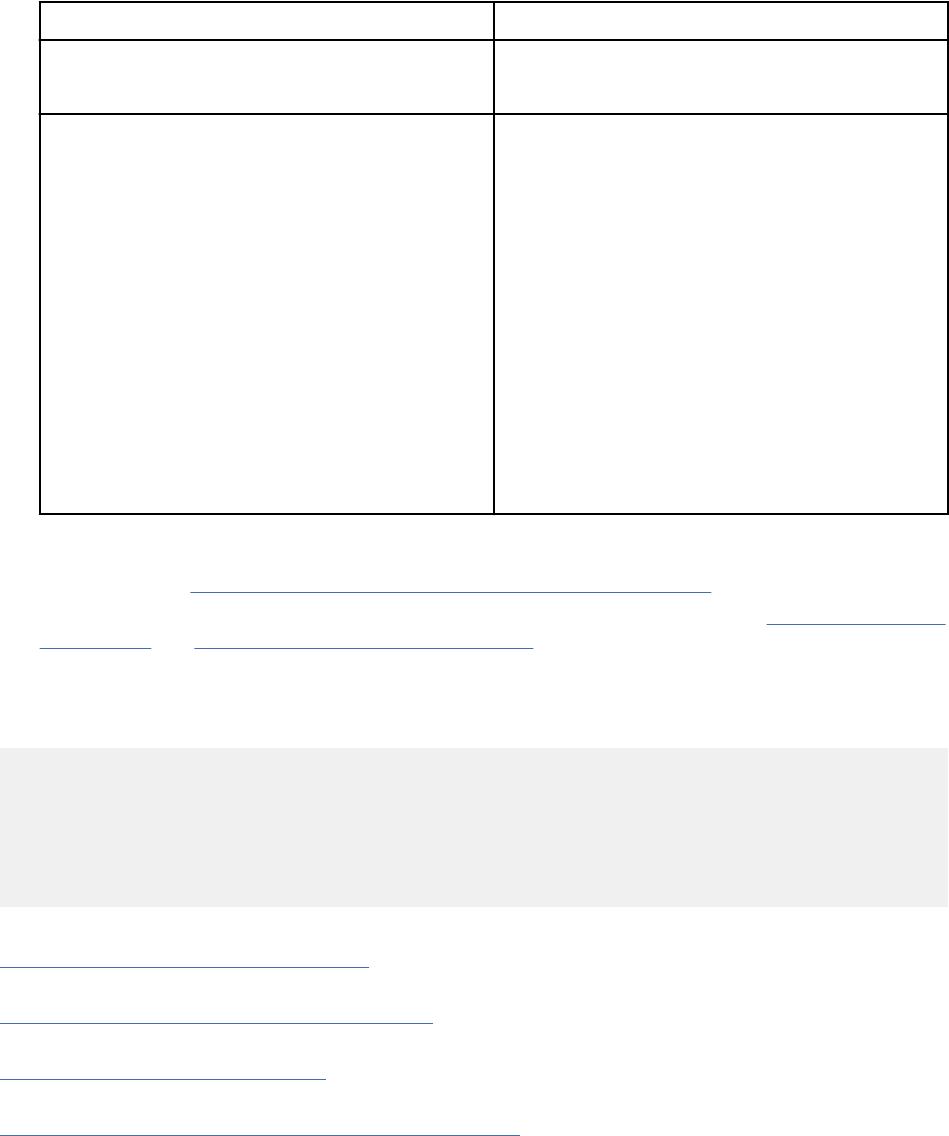
Keyword Result
- For datetime columns, the current value of the
associated special register is the default value.
DEFAULT value The default value is specied as one of the
following values:
- A constant
- NULL
- SESSION_USER, which species the value of
the SESSION_USER special register at the time
when a default value is needed for the column
- CURRENT SQLID, which species the value of
the CURRENT SQLID special register at the
time when a default value is needed for the
column
- The name of a cast function that casts a
default value (of a built-in data type) to the
distinct type of a column
– Optionally, specify the partitioning method for the data in the table. Db2 uses size-based partitions
by default if you do not specify how to partition the data when you create the table. For more
information, see Partitioning data in Db2 tables (Db2 Administration Guide).
– Optionally, a referential constraint or check constraint. For more information, see “Check constraints”
on page 127 and “Referential constraints” on page 128.
Example
For example, the following SQL statement creates a table named PRODUCT:
CREATE TABLE PRODUCT
(SERIAL CHAR(8) NOT NULL,
DESCRIPTION VARCHAR(60) DEFAULT,
MFGCOST DECIMAL(8,2),
MFGDEPT CHAR(3),
MARKUP SMALLINT,
SALESDEPT CHAR(3),
CURDATE DATE DEFAULT);
Related concepts
Db2 tables (Introduction to Db2 for z/OS)
Related tasks
Creating base tables (Db2 Administration Guide)
Related reference
CREATE TABLE statement (Db2 SQL)
Related information
Lesson 1.2: Creating a table (Introduction to Db2 for z/OS)
Data types of columns
When you create a Db2 table, you dene each column to have a specic data type. The data type of a
column determines what you can and cannot do with the column.
When you perform operations on columns, the data must be compatible with the data type of the
referenced column. For example, you cannot insert character data, such as a last name, into a column
whose data type is numeric. Similarly, you cannot compare columns that contain incompatible data types.
120
Db2 12 for z/OS: Application Programming and SQL Guide (Last updated: 2024-07-30)
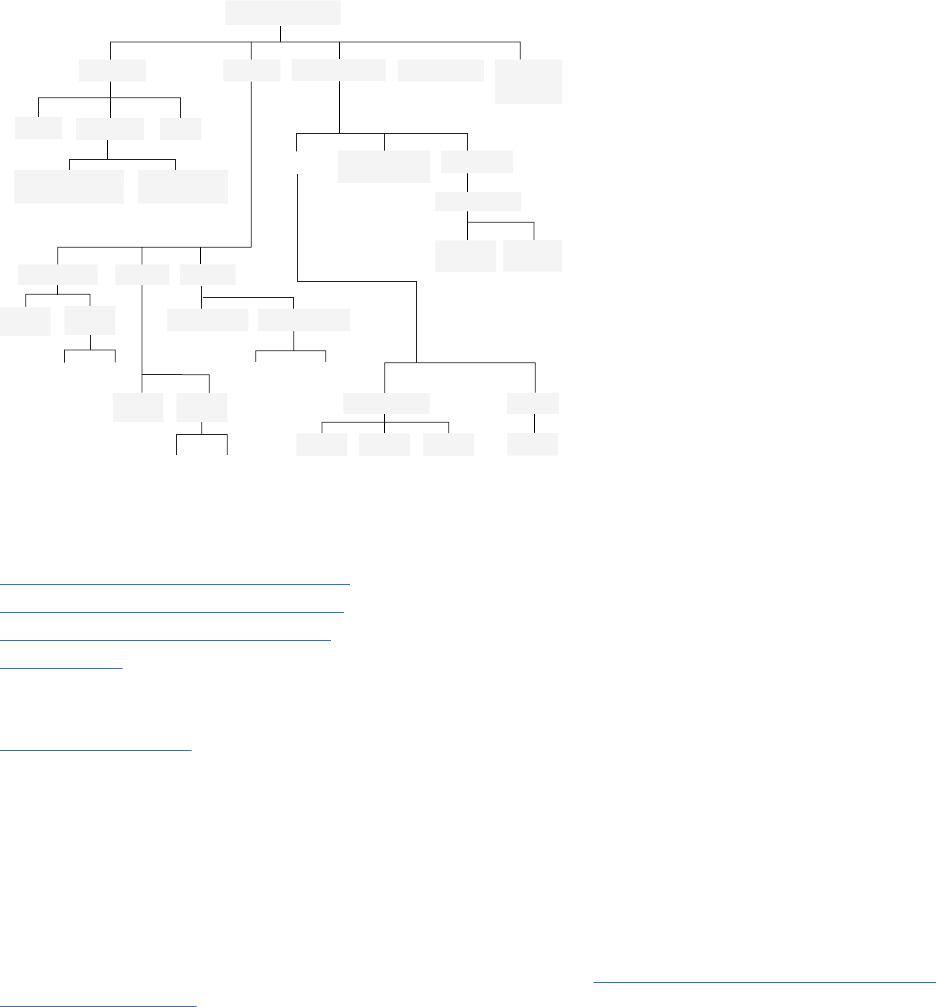
The data type for a column can be a distinct type, which is a user-dened data type, or a Db2 built-in
data type. As shown in the following gure, Db2 built-in data types have four general categories: datetime,
string, numeric, and row identier (ROWID).
timestamp
with time zone
TIMESTAMP
WITHOUT TIME ZONE
TIMESTAMP
WITH TIME ZONE
packed
decimal
binary integer
binary
fixed
length
varying
length
timestamp without
time zone
signed numeric
time
date
timestamp
datetime
graphic
character
string
BIGINT
64 bit
extensible
markup
language
XML
decimal
floating point
varying length
row identifier
exact
approximate
SMALLINT
INTEGER
REAL DOUBLE
TIME
GRAPHIC
BINARY
VARGRAPHIC
VARBINARYVARCHAR
DBCLOB
BLOB
CLOB
CHAR
DATE
DECFLOAT
single
precision
double
precision
fixed
length
varying
length
fixed length
32 bit
Built-indata types
floating point
DECIMAL
ROWID
16 bit
Figure 3. Db2 built-in data types
Related concepts
Assignment and comparison (Db2 SQL)
Casting between data types (Db2 SQL)
Rules for result data types (Db2 SQL)
Distinct types
A distinct type is a user-dened data type that shares its internal representation with a built-in data type
(its source type), but is considered to be a separate and incompatible data type for most operations.
Data types (Db2 SQL)
Storing LOB data in Db2 tables
Db2 handles LOB data differently than other kinds of data. As a result, you sometimes need to take
additional actions when you dene LOB columns and insert the LOB data.
Before you begin
Db2 sometimes implicitly creates the LOB table space, auxiliary table, and index on the auxiliary table for
each LOB column in a table or partition. For more information, see LOB table space implicit creation (Db2
Administration Guide).
If Db2 does not implicitly create the LOB table spaces, auxiliary tables, and indexes on the auxiliary
tables, you must create these objects by issuing CREATE TABLESPACE, CREATE AUXILIARY TABLE, and
CREATE INDEX statements.
About this task
Large object and LOB refer to Db2 objects that you can use to store large amounts of data. A LOB is a
varying-length character string that can contain up to 2 GB - 1 byte of data. Db2 supports the following
LOB data types:
Binary large object (BLOB)
Use a BLOB to store binary data such as pictures, voice, and mixed media.
Chapter 3. Db2 SQL programming
121

Character large object (CLOB)
Use a CLOB to store SBCS or mixed character data, such as documents.
Double-byte character large object (DBCLOB)
Use a DBCLOB to store data that consists of only DBCS data.
For more information about LOB data types, see Large objects (LOBs) (Db2 SQL).
You can use Db2 to store LOB data, but this data is stored differently than other kinds of data.
Although a table can have a LOB column, the actual LOB data is stored in a another table, which called the
auxiliary table. This auxiliary table exists in a separate table space called a LOB table space. One auxiliary
table must exist for each LOB column. The table with the LOB column is called the base table. The base
table has a ROWID column that Db2 uses to locate the data in the auxiliary table. The auxiliary table must
have exactly one index.
Procedure
To store LOB data in Db2, complete the following steps:
1. Optional: Dene at most one ROWID column when you create or alter the table, even if the table is
going to have multiple LOB columns. If you do not create a ROWID column before you dene a LOB
column, Db2 implicitly creates a ROWID column with the IMPLICITLY HIDDEN attribute and appends it
as the last column of the table.
If you add a ROWID column after you add a LOB column, the table has two ROWID columns: the
implicitly-created column and the explicitly-created column. In this case, Db2 ensures that the values
of the two ROWID columns are always identical.
2. Dene one or more columns of the appropriate LOB type column by issuing a CREATE TABLE
statement or one or more ALTER TABLE statements.
3. Create table spaces and auxiliary tables for the LOB data, unless Db2 creates them implicitly for you.
For more information, see LOB table space implicit creation (Db2 Administration Guide)
.
You must create one LOB table space for each table partition and one auxiliary table for each LOB
column. For example, if your base table has three partitions, you must create three LOB table spaces
and three auxiliary tables for each LOB column. Use the following statements to create these objects:
CREATE LOB TABLESPACE (Db2 SQL) and CREATE AUXILIARY TABLE statement (Db2 SQL).
The privilege set must include the following privileges:
• The USE privilege on the buffer pool and the storage group that is used by the LOB objects
• If the base table space is explicitly created, CREATETS is also required on the database that contains
the table (DSNDB04 if the database is implicitly created)
4. Create one index for each auxiliary table by using the CREATE INDEX statement. Each auxiliary table
must have exactly one index in which each index entry refers to a LOB.
5. Insert the LOB data into Db2 by using one of the following techniques:
• If the total length of a LOB column and the base table row is less than 32 KB, use the LOAD utility
and specify the base table.
• Otherwise, use INSERT, UPDATE, or MERGE statements and specify the base table. If you use the
INSERT statement, ensure that you application has enough storage available to hold the entire value
that is to be put into the LOB column.
Example
Suppose that you want to add a resume for each employee to the employee table. The employee resumes
are no more than 5 MB in size. Because the employee resumes contain single-byte characters, you can
dene the resumes to Db2 as CLOBs. You therefore need to add a column of data type CLOB with a length
of 5 MB to the employee table. If you want to dene a ROWID column explicitly, you must dene it before
you dene the CLOB column.
122
Db2 12 for z/OS: Application Programming and SQL Guide (Last updated: 2024-07-30)
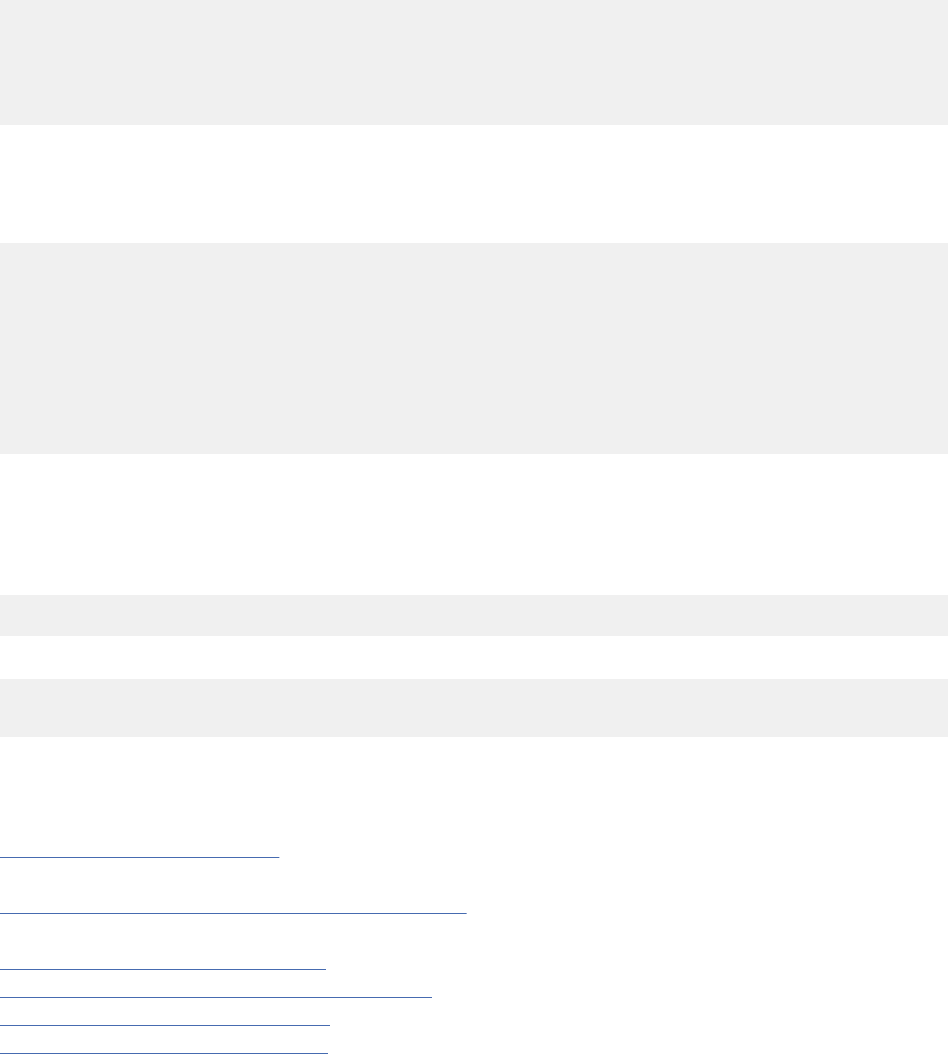
First, execute an ALTER TABLE statement to add the ROWID column, and then execute another ALTER
TABLE statement to add the CLOB column. The following statements create these columns:
ALTER TABLE EMP
ADD ROW_ID ROWID NOT NULL GENERATED ALWAYS;
COMMIT;
ALTER TABLE EMP
ADD EMP_RESUME CLOB(5M);
COMMIT;
If you explicitly created the table space for this table and the CURRENT RULES special register is not set
to STD, you then need to dene a LOB table space and an auxiliary table to hold the employee resumes.
You also need to dene an index on the auxiliary table. You must dene the LOB table space in the same
database as the associated base table. The following statements create these objects:
CREATE LOB TABLESPACE RESUMETS
IN DSN8D12A
LOG NO
COMMIT;
CREATE AUXILIARY TABLE EMP_RESUME_TAB
IN DSN8D12A.RESUMETS
STORES DSN8C10.EMP
COLUMN EMP_RESUME;
CREATE UNIQUE INDEX XEMP_RESUME
ON EMP_RESUME_TAB;
COMMIT;
You can then load your employee resumes into Db2. In your application, you can dene a host variable
to hold the resume, copy the resume data from a le into the host variable, and then execute an UPDATE
statement to copy the data into Db2. Although the LOB data is stored in the auxiliary table, your UPDATE
statement species the name of the base table. The following code declares a host variable to store the
resume in the C language:
SQL TYPE is CLOB (5M) resumedata;
The following UPDATE statement copies the data into Db2:
UPDATE EMP SET EMP_RESUME=:resumedata
WHERE EMPNO=:employeenum;
In this statement, employeenum is a host variable that identies the employee who is associated with a
resume.
Related concepts
Large objects (LOBs) (Db2 SQL)
Related tasks
Creating large objects (Introduction to Db2 for z/OS)
Related reference
CREATE TABLE statement (Db2 SQL)
CREATE AUXILIARY TABLE statement (Db2 SQL)
CREATE LOB TABLESPACE (Db2 SQL)
CREATE INDEX statement (Db2 SQL)
Identity columns
An identity column contains a unique numeric value for each row in the table. Db2 can automatically
generate sequential numeric values for this column as rows are inserted into the table. Thus, identity
columns are ideal for primary key values, such as employee numbers or product numbers.
Using identity columns as keys
If you dene a column with the AS IDENTITY attribute, and with the GENERATED ALWAYS and NO CYCLE
attributes, Db2 automatically generates a monotonically increasing or decreasing sequential number for
Chapter 3. Db2 SQL programming
123
the value of that column when a new row is inserted into the table. However, for Db2 to guarantee that the
values of the identity column are unique, you should dene a unique index on that column.
You can use identity columns for primary keys that are typically unique sequential numbers, for example,
order numbers or employee numbers. By doing so, you can avoid the concurrency problems that can
result when an application generates its own unique counter outside the database.
Recommendation: Set the values of the foreign keys in the dependent tables after loading the parent
table. If you use an identity column as a parent key in a referential integrity structure, loading data into
that structure could be quite complicated. The values for the identity column are not known until the table
is loaded because the column is dened as GENERATED ALWAYS.
You might have gaps in identity column values for the following reasons:
• If other applications are inserting values into the same identity column
• If Db2 terminates abnormally before it assigns all the cached values
• If your application rolls back a transaction that inserts identity values
Dening an identity column
You can dene an identity column as either GENERATED BY DEFAULT or GENERATED ALWAYS:
• If you dene the column as GENERATED BY DEFAULT, you can insert a value, and Db2 provides a default
value if you do not supply one.
• If you dene the column as GENERATED ALWAYS, Db2 always generates a value for the column, and
you cannot insert data into that column. If you want the values to be unique, you must dene the
identity column with GENERATED ALWAYS and NO CYCLE and dene a unique index on that column.
The values that Db2 generates for an identity column depend on how the column is dened. The START
WITH option determines the rst value that Db2 generates. The values advance by the INCREMENT BY
value in ascending or descending order.
The MINVALUE and MAXVALUE options determine the minimum and maximum values that Db2
generates. However, the The CYCLE or NO CYCLE option determines whether Db2 wraps values when
it has generated all values between the START WITH value and MAXVALUE if the values are ascending, or
between the START WITH value and MINVALUE if the values are descending. MINVALUE and MAXVALUE
do not constrain a START WITH or RESTART WITH value.
Example: Using GENERATED ALWAYS and CYCLE
Suppose that table T1 is dened with GENERATED ALWAYS and CYCLE:
CREATE TABLE T1
(CHARCOL1 CHAR(1),
IDENTCOL1 SMALLINT GENERATED ALWAYS AS IDENTITY
(START WITH -1,
INCREMENT BY 1,
CYCLE,
MINVALUE -3,
MAXVALUE 3));
Now suppose that you execute the following INSERT statement eight times:
INSERT INTO T1 (CHARCOL1) VALUES ('A');
When Db2 generates values for IDENTCOL1, it starts with -1 and increments by 1 until it reaches the
MAXVALUE of 3 on the fth INSERT. To generate the value for the sixth INSERT, Db2 cycles back to
MINVALUE, which is -3. T1 looks like this after the eight INSERT statements are executed:
CHARCOL1 IDENTCOL1
======== =========
A -1
A 0
A 1
A 2
124
Db2 12 for z/OS: Application Programming and SQL Guide (Last updated: 2024-07-30)

A 3
A -3
A -2
A -1
The value of IDENTCOL1 for the eighth INSERT repeats the value of IDENTCOL1 for the rst INSERT.
Example: START WITH or RESTART WITH values outside the range for cycling
The MINVALUE and MAXVALUE options do not constrain the START WITH value. That is, the START WITH
clause can be used to start the generation of values outside the range that is used for cycles. However, the
next generated value after the specied START WITH value is MNVALUE for an ascending identity column
or MAXVALUE for a descending identity column. The same is true if you alter the identity column and
specify a RESTART WITH value.
Consider T1 from the previous example, and suppose that you alter the table with a statement that
species the following keywords.
ALTER TABLE T1
ALTER COLUMN IDENTCOL1 SET GENERATED ALWAYS RESTART WITH 99;
Now suppose that you execute the following INSERT statement three times:
INSERT INTO T1 (CHARCOL1) VALUES ('B');
When Db2 generates the IDENTCOL1 value, it starts with 99. However, for the next generated value, Db2
again cycles back to MINVALUE, which is -3. T1 looks like this after the three INSERT statements are
executed:
CHARCOL1 IDENTCOL1
======== =========
A -1
A 0
A 1
A 2
A 3
A -3
A -2
A -1
B 99
B -3
B -2
Identity columns as primary keys
The SELECT from INSERT statement enables you to insert a row into a parent table with its primary key
dened as a Db2-generated identity column, and retrieve the value of the primary or parent key. You can
then use this generated value as a foreign key in a dependent table.
In addition, you can use the IDENTITY_VAL_LOCAL function to return the most recently assigned value for
an identity column.
Example: Using SELECT from INSERT
Suppose that an EMPLOYEE table and a DEPARTMENT table are dened in the following way:
CREATE TABLE EMPLOYEE
(EMPNO INTEGER GENERATED ALWAYS AS IDENTITY
PRIMARY KEY NOT NULL,
NAME CHAR(30) NOT NULL,
SALARY DECIMAL(7,2) NOT NULL,
WORKDEPT SMALLINT);
CREATE TABLE DEPARTMENT
(DEPTNO SMALLINT NOT NULL PRIMARY KEY,
DEPTNAME VARCHAR(30),
MGRNO INTEGER NOT NULL,
CONSTRAINT REF_EMPNO FOREIGN KEY (MGRNO)
Chapter 3. Db2 SQL programming
125
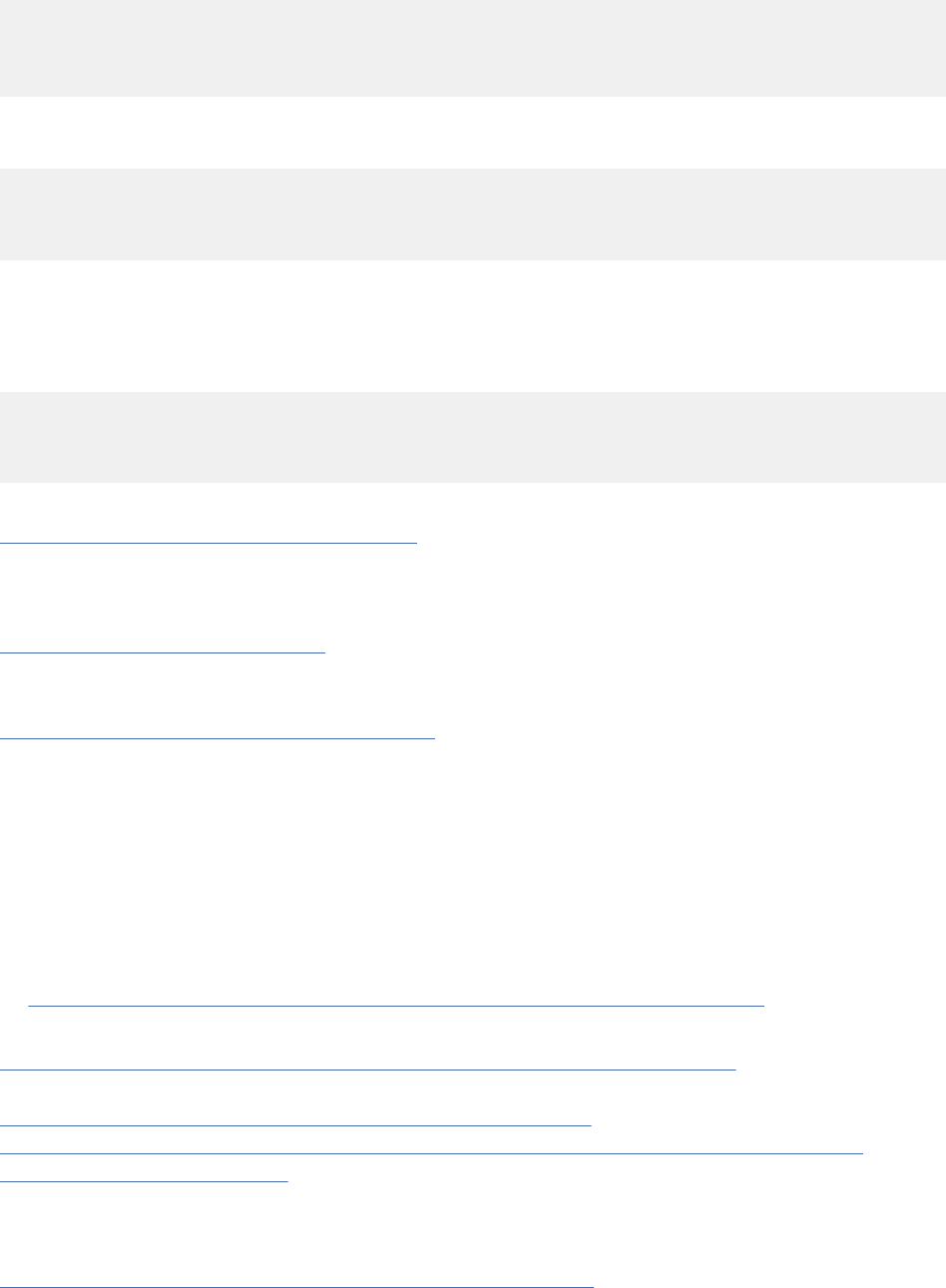
REFERENCES EMPLOYEE (EMPNO) ON DELETE RESTRICT);
ALTER TABLE EMPLOYEE ADD
CONSTRAINT REF_DEPTNO FOREIGN KEY (WORKDEPT)
REFERENCES DEPARTMENT (DEPTNO) ON DELETE SET NULL;
When you insert a new employee into the EMPLOYEE table, to retrieve the value for the EMPNO column,
you can use the following SELECT from INSERT statement:
EXEC SQL
SELECT EMPNO INTO :hv_empno
FROM FINAL TABLE (INSERT INTO EMPLOYEE (NAME, SALARY, WORKDEPT)
VALUES ('New Employee', 75000.00, 11));
The SELECT statement returns the Db2-generated identity value for the EMPNO column in the host
variable :hv_empno.
You can then use the value in :hv_empno to update the MGRNO column in the DEPARTMENT table with
the new employee as the department manager:
EXEC SQL
UPDATE DEPARTMENT
SET MGRNO = :hv_empno
WHERE DEPTNO = 11;
Related concepts
Rules for inserting data into an identity column
An identity column contains a unique numeric value for each row in the table. Whether you can insert data
into an identity column and how that data gets inserted depends on how the column is dened.
Related tasks
Selecting values while inserting data
When you insert rows into a table, you can also select values from the inserted rows at the same time.
Related reference
IDENTITY_VAL_LOCAL scalar function (Db2 SQL)
Creating tables for data integrity
To ensure that only valid data is added to your tables, you can use constraints, triggers, and unique
indexes. For example, you might need to ensure that all items in your inventory table have valid item
numbers and to prevent items without valid item numbers from being added.
About this task
Introductory concepts
Creation of relationships with referential constraints (Introduction to Db2 for z/OS)
Related concepts
Creation of relationships with referential constraints (Introduction to Db2 for z/OS)
Related tasks
Altering a table for referential integrity (Db2 Administration Guide)
Creating indexes to improve referential integrity performance for foreign keys (Db2 Performance)
Creating tables for data integrity
To ensure that only valid data is added to your tables, you can use constraints, triggers, and unique
indexes. For example, you might need to ensure that all items in your inventory table have valid item
numbers and to prevent items without valid item numbers from being added.
Using referential integrity for data consistency (Managing Security)
126
Db2 12 for z/OS: Application Programming and SQL Guide (Last updated: 2024-07-30)

Ways to maintain data integrity
When you add or modify data in a Db2 table, you need to ensure that the data is valid. Two techniques
that you can use to ensure valid data are constraints and triggers.
Constraints are rules that limit the values that you can insert, delete, or update in a table. There are two
types of constraints:
• Check constraints determine the values that a column can contain. Check constraints are discussed in
“Check constraints” on page 127.
• Referential constraints preserve relationships between tables. Referential constraints are discussed
in “Referential constraints” on page 128. A specic type of referential constraints, the informational
referential constraint, is discussed in “Informational referential constraints” on page 130
.
To maintain data integrity Db2 enforces check constraints and referential constraints on data in a table.
When these types of constraints are violated or might be violated, Db2 places the table space or partition
that contains the table in CHECK-pending status.
Triggers are a series of actions that are invoked when a table is updated. Triggers are discussed in
“Creating a trigger” on page 149
.
Related reference
CHECK-pending status (Db2 Utilities)
Check constraints
A check constraint is a rule that species the values that are allowed in one or more columns of every row
of a base table. For example, you can dene a check constraint to ensure that all values in a column that
contains ages are positive numbers.
Check constraints designate the values that specic columns of a base table can contain, providing
you a method of controlling the integrity of data entered into tables. You can create tables with check
constraints using the CREATE TABLE statement, or you can add the constraints with the ALTER TABLE
statement. However, if the check integrity is compromised or cannot be guaranteed for a table, the
table space or partition that contains the table is placed in a check pending state. Check integrity is the
condition that exists when each row of a table conforms to the check constraints dened on that table.
For example, you might want to make sure that no salary can be below 15000 dollars. To do this, you can
create the following check constraint:
CREATE TABLE EMPSAL
(ID INTEGER NOT NULL,
SALARY INTEGER CHECK (SALARY >= 15000));
Using check constraints makes your programming task easier, because you do not need to enforce those
constraints within application programs or with a validation routine. Dene check constraints on one or
more columns in a table when that table is created or altered.
Check constraint considerations
The syntax of a check constraint is checked when the constraint is dened, but the meaning of the
constraint is not checked. The following examples show mistakes that are not caught. Column C1 is
dened as INTEGER NOT NULL.
Allowable but mistaken check constraints:
• A self-contradictory check constraint:
CHECK (C1 > 5 AND C1 < 2)
• Two check constraints that contradict each other:
CHECK (C1 > 5)
CHECK (C1 < 2)
Chapter 3. Db2 SQL programming
127

• Two check constraints, one of which is redundant:
CHECK (C1 > 0)
CHECK (C1 >= 1)
• A check constraint that contradicts the column denition:
CHECK (C1 IS NULL)
• A check constraint that repeats the column denition:
CHECK (C1 IS NOT NULL)
A check constraint is not checked for consistency with other types of constraints. For example, a column
in a dependent table can have a referential constraint with a delete rule of SET NULL. You can also dene
a check constraint that prohibits nulls in the column. As a result, an attempt to delete a parent row fails,
because setting the dependent row to null violates the check constraint.
Similarly, a check constraint is not checked for consistency with a validation routine, which is applied to
a table before a check constraint. If the routine requires a column to be greater than or equal to 10 and
a check constraint requires the same column to be less than 10, table inserts are not possible. Plans and
packages do not need to be rebound after check constraints are dened on or removed from a table.
When check constraints are enforced
After check constraints are dened on a table, any change must satisfy those constraints if it is made by:
• The LOAD utility with the option ENFORCE CONSTRAINT
• An SQL insert operation
• An SQL update operation
A row satises a check constraint if its condition evaluates either to true or to unknown. A condition can
evaluate to unknown for a row if one of the named columns contains the null value for that row.
Any constraint dened on columns of a base table applies to the views dened on that base table.
When you use ALTER TABLE to add a check constraint to already populated tables, the enforcement of the
check constraint is determined by the value of the CURRENT RULES special register as follows:
• If the value is STD, the check constraint is enforced immediately when it is dened. If a row does not
conform, the check constraint is not added to the table and an error occurs.
• If the value is Db2, the check constraint is added to the table description but its enforcement is
deferred. Because there might be rows in the table that violate the check constraint, the table is placed
in CHECK-pending status.
Referential constraints
A referential constraint is a rule that species that the only valid values for a particular column are those
values that exist in another specied table column. For example, a referential constraint can ensure that
all customer IDs in a transaction table exist in the ID column of a customer table.
A table can serve as the "master list" of all occurrences of an entity. In the sample application, the
employee table serves that purpose for employees; the numbers that appear in that table are the only
valid employee numbers. Likewise, the department table provides a master list of all valid department
numbers; the project activity table provides a master list of activities performed for projects; and so on.
The following gure shows the relationships that exist among the tables in the sample application. Arrows
point from parent tables to dependent tables.
128
Db2 12 for z/OS: Application Programming and SQL Guide (Last updated: 2024-07-30)
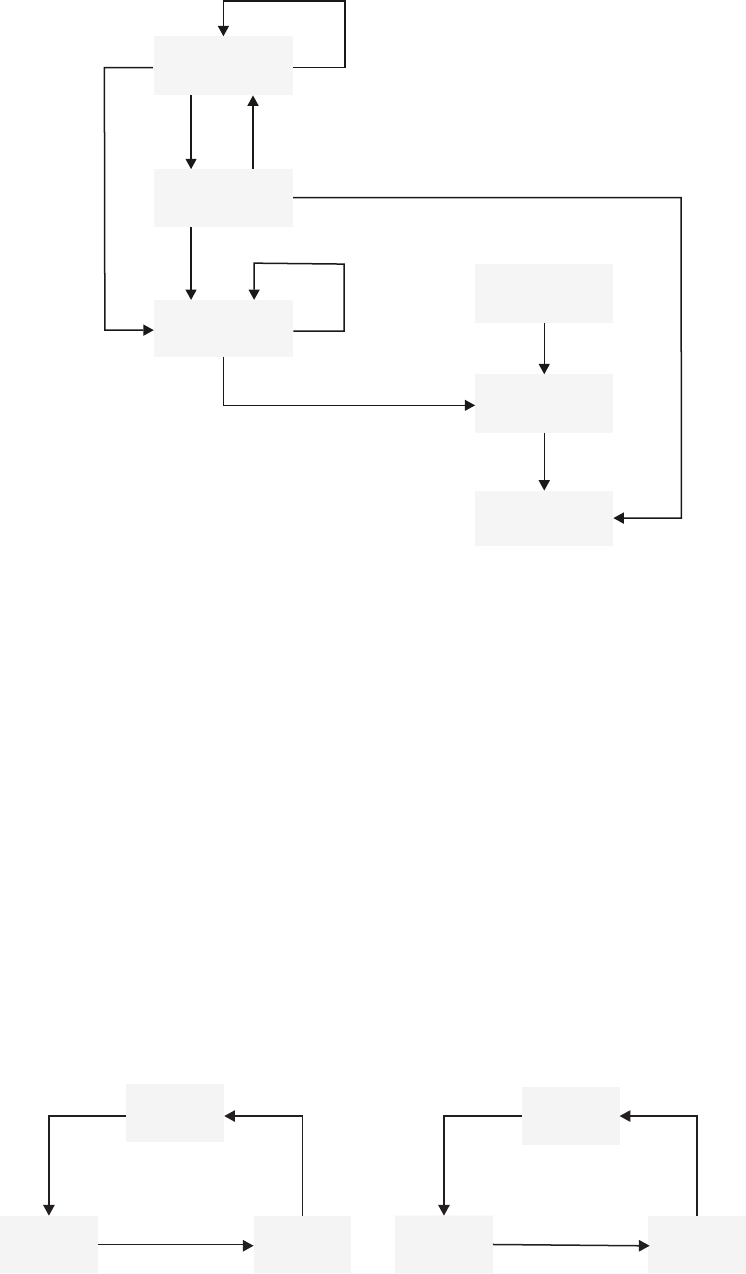
CASCADE
CASCADE
DEPT
SET
NULL
SET
NULL
RETRICT
RETRICT
RETRICT
RETRICT
RETRICT
RETRICT
EMP
PROJ
ACT
PROJACT
EMPPROJACT
Figure 4. Relationships among tables in the sample application
When a table refers to an entity for which there is a master list, it should identify an occurrence of the
entity that actually appears in the master list; otherwise, either the reference is invalid or the master list is
incomplete. Referential constraints enforce the relationship between a table and a master list.
Restrictions on cycles of dependent tables
A cycle is a set of two or more tables. The tables are ordered so that each is a dependent of the one before
it, and the rst is a dependent of the last. Every table in the cycle is a descendent of itself. Db2 restricts
certain operations on cycles.
In the sample application, the employee and department tables are a cycle; each is a dependent of the
other.
Db2 does not allow you to create a cycle in which a delete operation on a table involves that same table.
Enforcing that principle creates rules about adding a foreign key to a table:
• In a cycle of two tables, neither delete rule can be CASCADE.
• In a cycle of more than two tables, two or more delete rules must not be CASCADE. For example, in a
cycle with three tables, two of the delete rules must be other than CASCADE. This concept is illustrated
in The following gure. The cycle on the left is valid because two or more of the delete rules are not
CASCADE. The cycle on the right is invalid because it contains two cascading deletes.
Valid
cycle
TABLE1
RESTRICT
TABLE2
TABLE3
SET NULL
CASCADE CASCADE CASCADE
TABLE1
TABLE2 TABLE3
Invalid
cycle
SET NULL
Figure 5. Valid and invalid delete cycles
Alternatively, a delete operation on a self-referencing table must involve the same table, and the delete
rule there must be CASCADE or NO ACTION.
Chapter 3. Db2 SQL programming
129

Recommendation: Avoid creating a cycle in which all the delete rules are RESTRICT and none of the
foreign keys allows nulls. If you do this, no row of any of the tables can ever be deleted.
Referential constraints on tables with multilevel security with row-level granularity
You cannot use referential constraints on a security label column, which is used for multilevel security
with row-level granularity. However, you can use referential constraints on other columns in the row.
Db2 does not enforce multilevel security with row-level granularity when it is already enforcing referential
constraints. Referential constraints are enforced when the following situations occur:
• An insert operation is applied to a dependent table.
• An update operation is applied to a foreign key of a dependent table, or to the parent key of a parent
table.
• A delete operation is applied to a parent table. In addition to all referential constraints being enforced,
the Db2 system enforces all delete rules for all dependent rows that are affected by the delete
operation. If all referential constraints and delete rules are not satised, the delete operation will not
succeed.
• The LOAD utility with the ENFORCE CONSTRAINTS option is run on a dependent table.
• The CHECK DATA utility is run.
Related concepts
Multilevel security (Managing Security)
Informational referential constraints
An informational referential constraint is a referential constraint that Db2 does not enforce during normal
operations. Use these constraints only when referential integrity can be enforced by another means, such
as when retrieving data from other sources. These constraints might improve performance by enabling
the query to qualify for automatic query rewrite.
Db2 ignores informational referential constraints during insert, update, and delete operations. Some
utilities ignore these constraints; other utilities recognize them. For example, CHECK DATA and LOAD
ignore these constraints. QUIESCE TABLESPACESET recognizes these constraints by quiescing all table
spaces related to the specied table space.
You should use this type of referential constraint only when an application process veries the data in a
referential integrity relationship. For example, when inserting a row in a dependent table, the application
should verify that a foreign key exists as a primary or unique key in the parent table. To dene an
informational referential constraint, use the NOT ENFORCED option of the referential constraint denition
in a CREATE TABLE or ALTER TABLE statement.
Informational referential constraints are often useful, especially in a data warehouse environment, for
several reasons:
• To avoid the overhead of enforcement by Db2.
Typically, data in a data warehouse has been extracted and cleansed from other sources. Referential
integrity might already be guaranteed. In this situation, enforcement by Db2 is unnecessary.
• To allow more queries to qualify for automatic query rewrite.
Automatic query rewrite is a process that examines a submitted query that references source tables
and, if appropriate, rewrites the query so that it executes against a materialized query table that
has been derived from those source tables. This process uses informational referential constraints to
determine whether the query can use a materialized query table. Automatic query rewrite results in a
signicant reduction in query run time, especially for decision-support queries that operate over huge
amounts of data.
Related tasks
Using materialized query tables to improve SQL performance (Db2 Performance)
Related reference
CREATE TABLE statement (Db2 SQL)
130
Db2 12 for z/OS: Application Programming and SQL Guide (Last updated: 2024-07-30)

Dening a parent key and unique index
A parent key is either a primary key or a unique key in the parent table of a referential constraint. The
values of a parent key determine the valid values of the foreign key in the constraint. You must create a
unique index on a parent key.
About this task
The primary key of a table, if one exists, uniquely identies each occurrence of an entity in the table. The
PRIMARY KEY clause of the CREATE TABLE or ALTER TABLE statements identies the column or columns
of the primary key. Each identied column must be dened as NOT NULL.
Another way to allow only unique values in a column is to specify the UNIQUE clause when you create or
alter a table.
A table that is to be a parent of dependent tables must have a primary or a unique key; the foreign keys
of the dependent tables refer to the primary or unique key. Otherwise, a primary key is optional. Consider
dening a primary key if each row of your table does pertain to a unique occurrence of some entity. If you
dene a primary key, an index must be created (the primary index) on the same set of columns, in the
same order as those columns. If you are dening referential constraints for Db2 to enforce, takes steps to
maintain data integrity read before creating or altering any of the tables involved.
A table can have no more than one primary key. A primary key has the same restrictions as index keys:
• The key can include no more than 64 columns.
• You cannot specify a column name twice.
• The sum of the column length attributes cannot be greater than 2000.
You dene a list of columns as the primary key of a table with the PRIMARY KEY clause in the CREATE
TABLE statement.
Procedure
Use the PRIMARY KEY clause in an ALTER TABLE statement. In this case, a unique index must already
exist.
Consider the following items when you plan for primary keys:
• The theoretical model of a relational database suggests that every table should have a primary key to
uniquely identify the entities it describes. However, you must weigh that model against the potential
cost of index maintenance overhead. Db2 does not require you to dene a primary key for tables with no
dependents.
• Choose a primary key whose values will not change over time. Choosing a primary key with persistent
values enforces the good practice of having unique identiers that remain the same for the lifetime of
the entity occurrence.
• A primary key column should not have default values unless the primary key is a single TIMESTAMP
column.
• Choose the minimum number of columns to ensure uniqueness of the primary key.
• A view that can be updated that is dened on a table with a primary key should include all columns of
the key. Although this is necessary only if the view is used for inserts, the unique identication of rows
can be useful if the view is used for updates, deletes, or selects.
• Drop a primary key later if you change your database or application using SQL.
Related concepts
Ways to maintain data integrity
When you add or modify data in a Db2 table, you need to ensure that the data is valid. Two techniques
that you can use to ensure valid data are constraints and triggers.
Related reference
ALTER TABLE statement (Db2 SQL)
Chapter 3. Db2 SQL programming
131
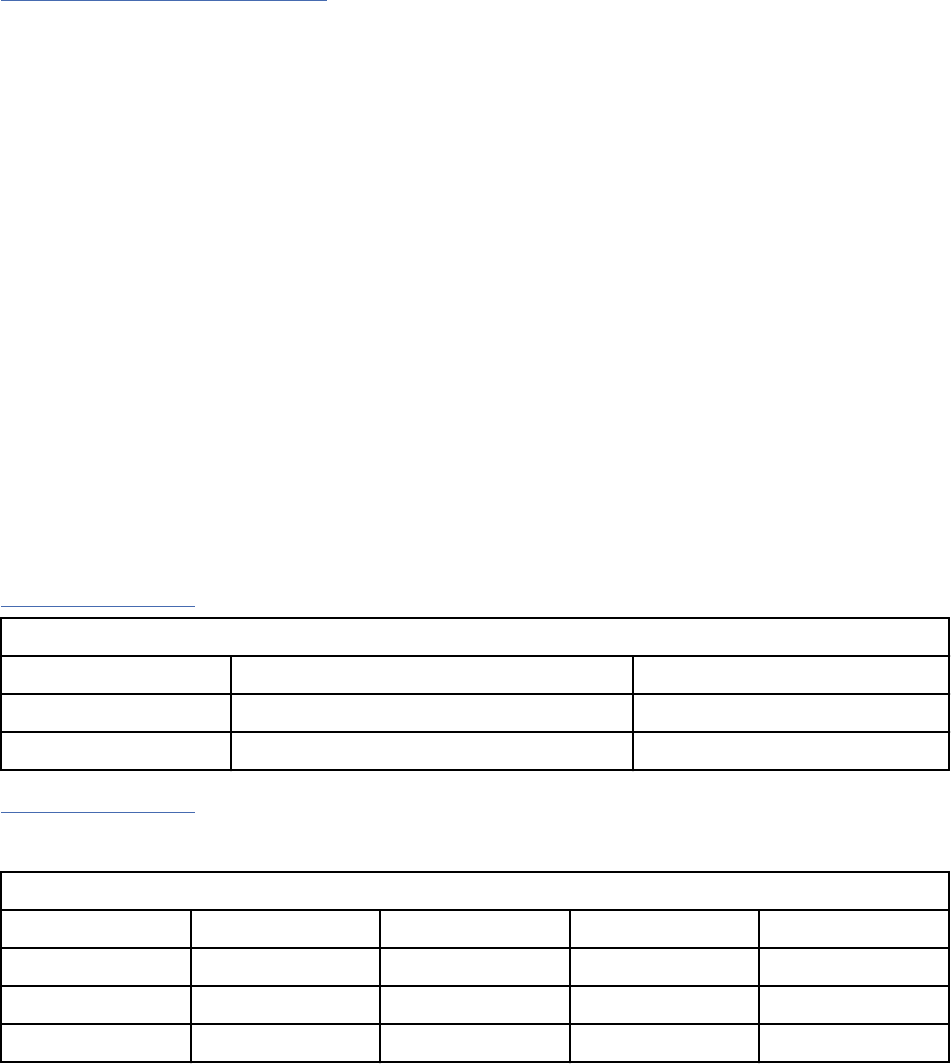
CREATE TABLE statement (Db2 SQL)
Parent key columns
A parent key is either a primary key or a unique key in the parent table of a referential constraint. This
key consists of a column or set of columns. The values of a parent key determine the valid values of the
foreign key in the constraint.
If every row in a table represents relationships for a unique entity, the table should have one column or a
set of columns that provides a unique identier for the rows of the table. This column (or set of columns)
is called the parent key of the table. To ensure that the parent key does not contain duplicate values, you
must create a unique index on the column or columns that constitute the parent key. Dening the parent
key is called entity integrity, because it requires each entity to have a unique key.
In some cases, using a timestamp as part of the key can be helpful, for example when a table does not
have a "natural" unique key or if arrival sequence is the key.
Primary keys for some of the sample tables are:
Table
Key Column
Employee table
EMPNO
Department table
DEPTNO
Project table
PROJNO
Table 35 on page 132
shows part of the project table which has the primary key column, PROJNO.
Table 35. Part of the project table with the primary key column, PROJNO
PROJNO PROJNAME DEPTNO
MA2100 WELD LINE AUTOMATION D01
MA2110 W L PROGRAMMING D11
Table 36 on page 132 shows part of the project activity table, which has a primary key that contains
more than one column. The primary key is a composite key, which consists of the PRONNO, ACTNO, and
ACSTDATE columns.
Table 36. Part of the Project activities table with a composite primary key
PROJNO ACTNO ACSTAFF ACSTDATE ACENDATE
AD3100 10 .50 1982-01-01 1982-07-01
AD3110 10 1.00 1982-01-01 1983-01-01
AD3111 60 .50 1982-03-15 1982-04-15
Dening a foreign key
Use foreign keys to enforce referential relationships between tables. A foreign key is a column or set of
columns that references the parent key in the parent table.
Before you begin
The following prerequisites are met:
• The privilege set must include the ALTER or the REFERENCES privilege on the columns of the parent
key.
• A unique index exists on the parent key columns of the parent table.
132
Db2 12 for z/OS: Application Programming and SQL Guide (Last updated: 2024-07-30)
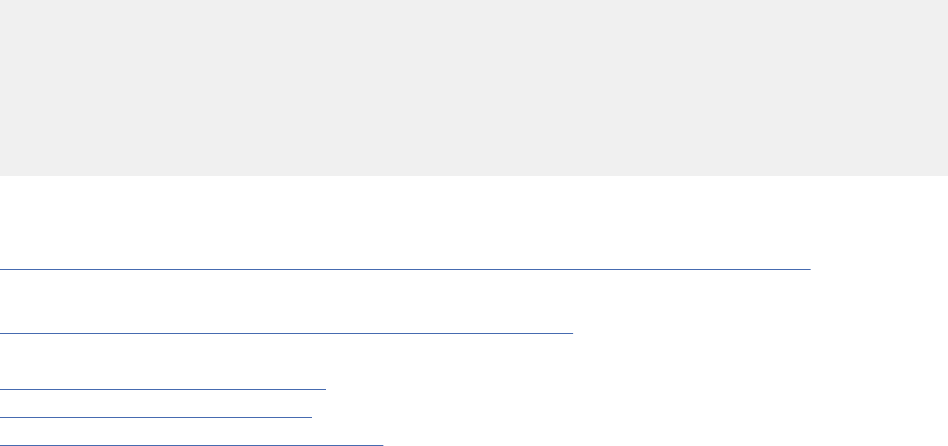
Procedure
To dene a foreign key, use one of the following approaches:
• Issue a CREATE TABLE statement and specify a FOREIGN KEY clause.
a) Choose a constraint name for the relationship that is dened by a foreign key.
If you do not choose a name, Db2 generates one from the name of the rst column of the foreign
key, in the same way that it generates the name of an implicitly created table space.
For example, the names of the relationships in which the employee-to-project activity table is a
dependent would, by default, be recorded (in column RELNAME of SYSIBM.SYSFOREIGNKEYS) as
EMPNO and PROJNO.
The name is used in error messages, queries to the catalog, and DROP FOREIGN KEY statements.
Hence, you might want to choose one if you are experimenting with your database design and have
more than one foreign key that begins with the same column (otherwise Db2 generates the name).
b) Specify column names that identify the columns of the parent key.
A foreign key can refer to either a unique or a primary key of the parent table. If the foreign key
refers to a non-primary unique key, you must specify the column names of the key explicitly. If the
column names of the key are not specied explicitly, the default is to refer to the column names of
the primary key of the parent table.
• Issue an ALTER TABLE statement and specify the FOREIGN KEY clause.
You can add a foreign key to an existing table; in fact, that is sometimes the only way to proceed. To
make a table self-referencing, you must add a foreign key after creating it. When a foreign key is added
to a populated table, the table space is put into CHECK-pending status.
Example
The following example shows a CREATE TABLE statement that species constraint names REPAPA and
REPAE for the foreign keys in the employee-to-project activity table.
CREATE TABLE DSN8C10.EMPPROJACT
(EMPNO CHAR(6) NOT NULL,
PROJNO CHAR(6) NOT NULL,
ACTNO SMALLINT NOT NULL,
CONSTRAINT REPAPA FOREIGN KEY (PROJNO, ACTNO)
REFERENCES DSN8C10.PROJACT ON DELETE RESTRICT,
CONSTRAINT REPAE FOREIGN KEY (EMPNO)
REFERENCES DSN8C10.EMP ON DELETE RESTRICT)
IN DATABASE DSN8D12A;
What to do next
If rows of the parent table are often deleted, it is best to create an index on the foreign key.
Related tasks
Adding parent keys and foreign keys (Db2 Administration Guide)
Related reference
CREATE TABLE statement (Db2 SQL)
ALTER TABLE statement (Db2 SQL)
SYSFOREIGNKEYS catalog table (Db2 SQL)
Maintaining referential integrity when using data encryption
If you use encrypted data in a referential constraint, the primary key of the parent table and the foreign
key of the dependent table must have the same encrypted value.
About this task
The encrypted value should be extracted from the parent table (the primary key) and used for the
dependent table (the foreign key). You can do this in one of the following two ways:
Chapter 3. Db2 SQL programming
133
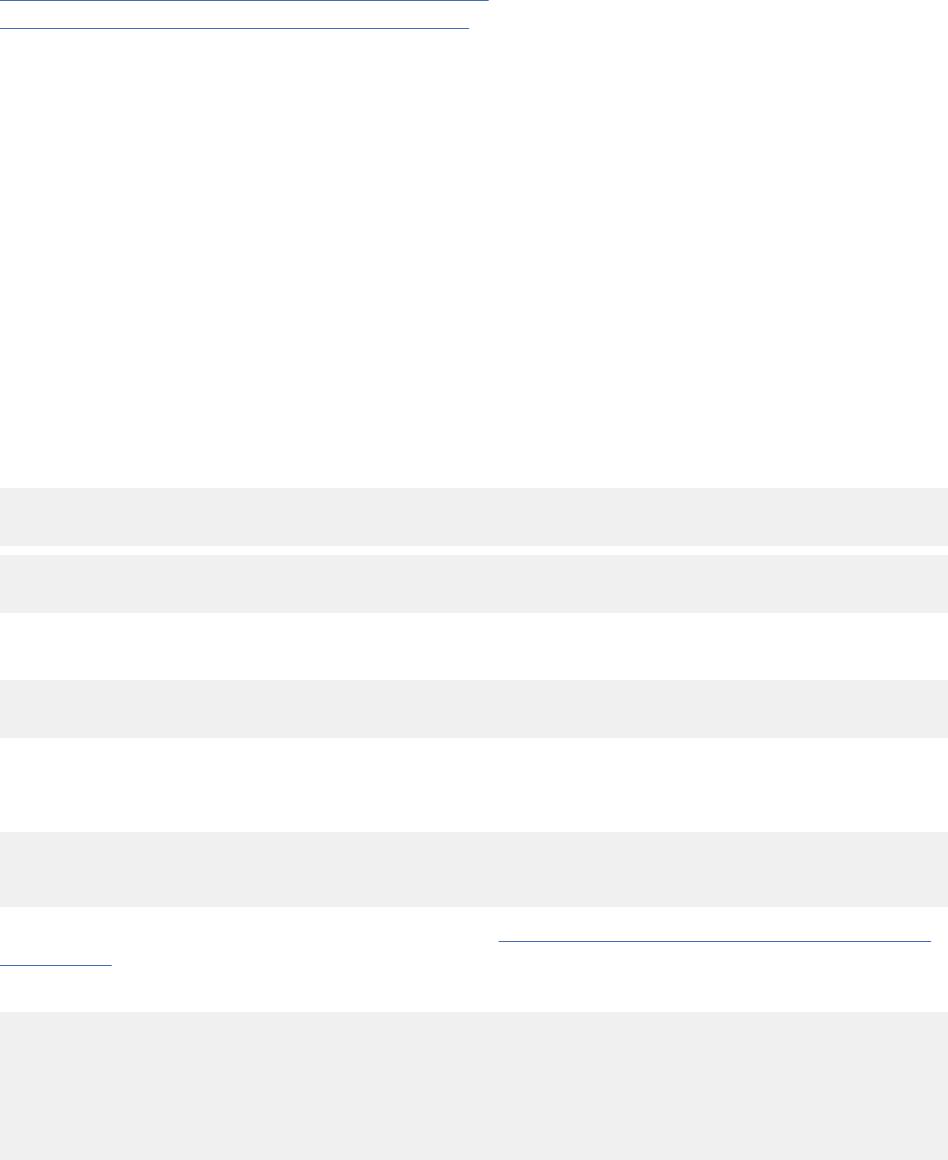
• Use the FINAL TABLE clause on a SELECT from UPDATE, SELECT from INSERT, or SELECT from MERGE
statement.
• Use the ENCRYPT_TDES function to encrypt the foreign key using the same password as the primary
key. The encrypted value of the foreign key will be the same as the encrypted value of the primary key.
The SET ENCRYPTION PASSWORD statement sets the password that will be used for the ENCRYPT_TDES
function.
Related reference
ENCRYPT_TDES or ENCRYPT scalar function (Db2 SQL)
ENCRYPTION PASSWORD special register (Db2 SQL)
Creating work tables for the EMP and DEPT sample tables
Before testing SQL statements that insert, update, and delete rows in the DSN8C10.EMP and
DSN8C10.DEPT sample tables, you should create duplicates of these tables. Create duplicates so that
the original sample tables remain intact. These duplicate tables are called work tables.
About this task
This topic shows how to create the department and employee work tables and how to ll a work table
with the contents of another table:
Each of these topics assumes that you logged on by using your own authorization ID. The authorization ID
qualies the name of each object that you create. For example, if your authorization ID is SMITH, and you
create table YDEPT, the name of the table is SMITH.YDEPT. If you want to access table DSN8C10.DEPT,
you must refer to it by its complete name. If you want to access your own table YDEPT, you need only to
refer to it as YDEPT.
Use the following statements to create a new department table called YDEPT, modeled after the existing
table, DSN8C10.DEPT, and an index for YDEPT:
CREATE TABLE YDEPT
LIKE DSN8C10.DEPT;
CREATE UNIQUE INDEX YDEPTX
ON YDEPT (DEPTNO);
If you want DEPTNO to be a primary key, as in the sample table, explicitly dene the key. Use an ALTER
TABLE statement, as in the following example:
ALTER TABLE YDEPT
PRIMARY KEY(DEPTNO);
You can use an INSERT statement to copy the rows of the result table of a fullselect from one table to
another. The following statement copies all of the rows from DSN8C10.DEPT to your own YDEPT work
table:
INSERT INTO YDEPT
SELECT *
FROM DSN8C10.DEPT;
For information about using the INSERT statement, see “Inserting rows by using the INSERT statement”
on page 331.
You can use the following statements to create a new employee table called YEMP:
CREATE TABLE YEMP
(EMPNO CHAR(6) PRIMARY KEY NOT NULL,
FIRSTNME VARCHAR(12) NOT NULL,
MIDINIT CHAR(1) NOT NULL,
LASTNAME VARCHAR(15) NOT NULL,
WORKDEPT CHAR(3) REFERENCES YDEPT
ON DELETE SET NULL,
PHONENO CHAR(4) UNIQUE NOT NULL,
134
Db2 12 for z/OS: Application Programming and SQL Guide (Last updated: 2024-07-30)

HIREDATE DATE ,
JOB CHAR(8) ,
EDLEVEL SMALLINT ,
SEX CHAR(1) ,
BIRTHDATE DATE ,
SALARY DECIMAL(9, 2) ,
BONUS DECIMAL(9, 2) ,
COMM DECIMAL(9, 2) );
This statement also creates a referential constraint between the foreign key in YEMP (WORKDEPT) and
the primary key in YDEPT (DEPTNO). It also restricts all phone numbers to unique numbers.
If you want to change a table denition after you create it, use the ALTER TABLE statement with a
RENAME clause. If you want to change a table name after you create it, use the RENAME statement.
You can change a table denition by using the ALTER TABLE statement only in certain ways. For example,
you can add and drop constraints on columns in a table. You can also change the data type of a column
within character data types, within numeric data types, and within graphic data types. You can add a
column to a table. However, you cannot use the ALTER TABLE statement to drop a column from a table.
Related tasks
Altering Db2 tables (Db2 Administration Guide)
Related reference
ALTER TABLE statement (Db2 SQL)
RENAME statement (Db2 SQL)
Creating created temporary tables
Use created temporary tables when you need to store data for only the life of an application process, but
you want to share the table denition.
About this task
Db2 does not perform logging and locking operations for created temporary tables. Therefore, SQL
statements that use these tables can execute queries efciently.
Each application process has its own instance of the created temporary table.
An instance of a created temporary table exists at the current server until one of the following actions
occurs:
• The application process ends.
• The remote server connection through which the instance was created terminates.
• The unit of work in which the instance was created completes.
When you run a ROLLBACK statement, Db2 deletes the instance of the created temporary table. When
you run a COMMIT statement, Db2 deletes the instance of the created temporary table unless a cursor
for accessing the created temporary table is dened with the WITH HOLD clause and is open.
You create the denition of a created temporary table using the SQL CREATE GLOBAL TEMPORARY TABLE
statement.
Procedure
To create a created temporary table:
1. Dene the table by issuing CREATE GLOBAL TEMPORARY TABLE statement.
For example, the following statement creates the denition of a table called TEMPPROD:
CREATE GLOBAL TEMPORARY TABLE TEMPPROD
(SERIAL CHAR(8) NOT NULL,
DESCRIPTION VARCHAR(60) NOT NULL,
MFGCOST DECIMAL(8,2),
MFGDEPT CHAR(3),
MARKUP SMALLINT,
Chapter 3. Db2 SQL programming
135

SALESDEPT CHAR(3),
CURDATE DATE NOT NULL);
You can also create this same denition by copying the denition of a base table (named PROD) by
using the LIKE clause:
CREATE GLOBAL TEMPORARY TABLE TEMPPROD LIKE PROD;
Restriction: You cannot use the MERGE statement with created temporary tables.
The SQL statements in the examples create identical denitions for the TEMPPROD table, but these
tables differ slightly from the PROD sample table PROD. The PROD sample table contains two
columns, DESCRIPTION and CURDATE, that are dened as NOT NULL WITH DEFAULT. Because
created temporary tables do not support non-null default values, the DESCRIPTION and CURDATE
columns in the TEMPPROD table are dened as NOT NULL and do not have defaults.
After you run one of the two CREATE statements, the denition of TEMPPROD exists, but no instances
of the table exist.
2. Create an instance of the created temporary table by using it in an application.
Db2 creates an instance of the table when it is specied in one of the following SQL statements:
• OPEN
• SELECT
• INSERT
• DELETE
For example, suppose that you dened TEMPROD as described the previous step and then run an
application that contains the following statements:
EXEC SQL DECLARE C1 CURSOR FOR SELECT * FROM TEMPPROD;
EXEC SQL INSERT INTO TEMPPROD SELECT * FROM PROD;
EXEC SQL OPEN C1;
⋮
EXEC SQL COMMIT;
⋮
EXEC SQL CLOSE C1;
When you run the INSERT statement, Db2 creates an instance of TEMPPROD and populates that
instance with rows from table PROD. When the COMMIT statement runs, Db2 deletes all rows
from TEMPPROD. However, assume that you change the declaration of cursor C1 to the following
declaration:
EXEC SQL DECLARE C1 CURSOR WITH HOLD
FOR SELECT * FROM TEMPPROD;
In this case, Db2 does not delete the contents of TEMPPROD until the application ends because C1, a
cursor that is dened with the WITH HOLD clause, is open when the COMMIT statement runs. In either
case, Db2 drops the instance of TEMPPROD when the application ends.
3. When the table is no longer needed, issue a DROP statement .
For example, to drop the denition of TEMPPROD, you must run the following statement:
DROP TABLE TEMPPROD;
Related reference
CREATE GLOBAL TEMPORARY TABLE statement (Db2 SQL)
DROP statement (Db2 SQL)
136
Db2 12 for z/OS: Application Programming and SQL Guide (Last updated: 2024-07-30)

Temporary tables
Use temporary tables when you need to store data for only the duration of an application process.
Depending on whether you want to share the table denition, you can create a created temporary table or
a declared temporary table.
The two kinds of temporary tables are:
• Created temporary tables, which you dene using a CREATE GLOBAL TEMPORARY TABLE statement
• Declared temporary tables, which you dene using a DECLARE GLOBAL TEMPORARY TABLE statement
SQL statements that use temporary tables can run faster because of the following reasons:
• For created temporary tables, Db2 provides no logging. For declared temporary tables, Db2 provides
limited logging that can be further limited by the NOT LOGGED option of the DECLARE GLOBAL
TEMPORARY TABLE statement.
• For created temporary tables, Db2 provides no locking. For declared temporary tables, Db2 provides
limited locking.
Temporary tables are especially useful when you need to sort or query intermediate result tables that
contain a large number of rows, but you want to store only a small subset of those rows permanently.
Temporary tables can also return result sets from stored procedures. The following topics provide more
details about created temporary tables and declared temporary tables:
• “Creating created temporary tables” on page 135
• “Creating declared temporary tables” on page 137
For more information, see “Writing an external procedure to return result sets to a distributed client” on
page 274.
Creating declared temporary tables
Use declared temporary tables when you need to store data for only the life of an application process
and do not need to share the table denition. The denition of this table exists only while the application
process runs. Db2 performs limited logging and locking operations for declared temporary tables.
Before you begin
Before you can dene declared temporary tables, you must have a WORKFILE database that has at least
one table space with a 32-KB page size.
About this task
You create an instance of a declared temporary table by using the SQL DECLARE GLOBAL TEMPORARY
TABLE statement. That instance is known only to the application process in which the table is declared,
so you can declare temporary tables with the same name in different applications. The qualier for a
declared temporary table is SESSION.
To create a declared temporary table, specify the DECLARE GLOBAL TEMPORARY TABLE statement.
In that statement, specify the columns that the table is to contain by performing one of the following
actions:
Procedure
To create a declared temporary table:
1. Issue a DECLARE GLOBAL TEMPORARY TABLE statement.
In that statement, you an specify the columns that the table is to contain by performing one of the
following actions:
Chapter 3. Db2 SQL programming
137

• Specify all the columns in the table. For example, the following statement denes a declared
temporary table called TEMPPROD by explicitly specifying the columns.
DECLARE GLOBAL TEMPORARY TABLE TEMPPROD
(SERIAL CHAR(8) NOT NULL WITH DEFAULT '99999999',
DESCRIPTION VARCHAR(60) NOT NULL,
PRODCOUNT INTEGER GENERATED ALWAYS AS IDENTITY,
MFGCOST DECIMAL(8,2),
MFGDEPT CHAR(3),
MARKUP SMALLINT,
SALESDEPT CHAR(3),
CURDATE DATE NOT NULL);
Unlike columns of created temporary tables, columns of declared temporary tables can include the
WITH DEFAULT clause.
• Use a LIKE clause to copy the denition of a base table, created temporary table, or view. For
example, the following statement denes a declared temporary table called TEMPPROD by copying
the denition of a base table. The base table has an identity column that the declared temporary
table also uses as an identity column.
DECLARE GLOBAL TEMPORARY TABLE TEMPPROD LIKE BASEPROD
INCLUDING IDENTITY COLUMN ATTRIBUTES;
• If the base table, created temporary table, or view from which you select columns has identity
columns, you can specify that the corresponding columns in the declared temporary table are also
identity columns. To include these identity columns, specify the INCLUDING IDENTITY COLUMN
ATTRIBUTES clause when you dene the declared temporary table.
If the source table has a row change timestamp column, you can specify that those column
attributes are inherited in the declared temporary table by specifying INCLUDING ROW CHANGE
TIMESTAMP COLUMN ATTRIBUTES.
• Use a fullselect to choose specic columns from a base table, created temporary table, or view.
For example, the following statement denes a declared temporary table called TEMPPROD by
selecting columns from a view. The view has an identity column that the declared temporary table
also uses as an identity column. The declared temporary table inherits its default column values
from the default column values of a base table on which the view is based.
DECLARE GLOBAL TEMPORARY TABLE TEMPPROD
AS (SELECT * FROM PRODVIEW)
DEFINITION ONLY
INCLUDING IDENTITY COLUMN ATTRIBUTES
INCLUDING COLUMN DEFAULTS;
If you want the declared temporary table columns to inherit the defaults for columns of the table or
view that is named in the fullselect, specify the INCLUDING COLUMN DEFAULTS clause. If you want
the declared temporary table columns to have default values that correspond to their data types,
specify the USING TYPE DEFAULTS clause.
Db2 creates an empty instance of a declared temporary table.
2. Complete one of the following actions:
• Populate the declared temporary table by using INSERT statements.
• Modify the table using searched or positioned UPDATE or DELETE statements.
• Query the table using SELECT statements.
• Create indexes on the declared temporary table. Creating such an index that species a buffer pool
or storage group that is different than the default index buffer pool or default storage group of the
work le database, requires additional USE authorization privileges for the buffer pool or storage
group.
3. After you run a DECLARE GLOBAL TEMPORARY TABLE statement, the denition of the declared
temporary table exists as long as the application process runs. If you need to delete the denition
before the application process completes, issue a DROP TABLE statement.
For example, to drop the denition of TEMPPROD, run the following statement:
138
Db2 12 for z/OS: Application Programming and SQL Guide (Last updated: 2024-07-30)
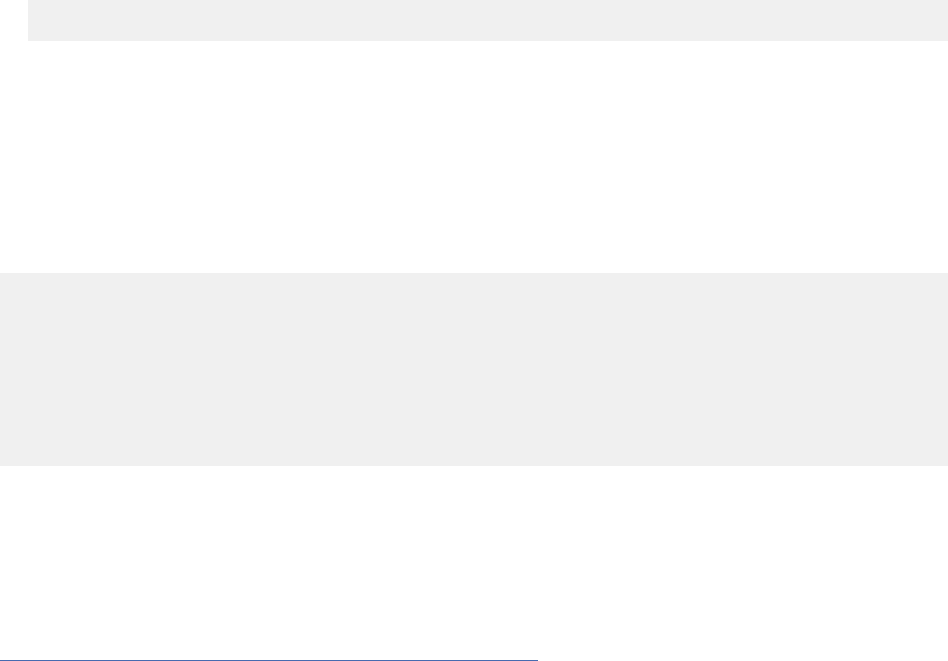
DROP TABLE SESSION.TEMPPROD;
Example
The ON COMMIT clause that you specify in the DECLARE GLOBAL TEMPORARY TABLE statement
determines whether Db2 keeps or deletes all the rows from the table when you run a COMMIT statement
in an application with a declared temporary table. ON COMMIT DELETE ROWS, which is the default,
causes all rows to be deleted from the table at a commit point, unless a held cursor is open on the table at
the commit point. ON COMMIT PRESERVE ROWS causes the rows to remain past the commit point.
For example Suppose that you run the following statement in an application program:
EXEC SQL DECLARE GLOBAL TEMPORARY TABLE TEMPPROD
AS (SELECT * FROM BASEPROD)
DEFINITION ONLY
INCLUDING IDENTITY COLUMN ATTRIBUTES
INCLUDING COLUMN DEFAULTS
ON COMMIT PRESERVE ROWS;
EXEC SQL INSERT INTO SESSION.TEMPPROD SELECT * FROM BASEPROD;
⋮
EXEC SQL COMMIT;
⋮
When Db2 runs the preceding DECLARE GLOBAL TEMPORARY TABLE statement, Db2 creates an empty
instance of TEMPPROD. The INSERT statement populates that instance with rows from table BASEPROD.
The qualier, SESSION, must be specied in any statement that references TEMPPROD. When Db2
executes the COMMIT statement, Db2 keeps all rows in TEMPPROD because TEMPPROD is dened with
ON COMMIT PRESERVE ROWS. When the program ends, Db2 drops TEMPPROD.
Related reference
DECLARE GLOBAL TEMPORARY TABLE statement (Db2 SQL)
Providing a unique key for a table
Use ROWID columns or identity columns to store unique values for each row in a table.
About this task
Question: How can I provide a unique identier for a table that has no unique column?
Answer: Add a column with the data type ROWID or an identity column. ROWID columns and identity
columns contain a unique value for each row in the table. You can dene the column as GENERATED
ALWAYS, which means that you cannot insert values into the column, or GENERATED BY DEFAULT, which
means that Db2 generates a value if you do not specify one. If you dene the ROWID or identity column as
GENERATED BY DEFAULT, you need to dene a unique index that includes only that column to guarantee
uniqueness.
Fixing tables with incomplete denitions
If a table has an incomplete denition, you cannot load the table, insert data, retrieve data, update
data, or delete data. You can however drop the table, create the primary index, and drop or create other
indexes.
Before you begin
To check if a table has an incomplete denition, look at the STATUS column in SYSIBM.SYSTABLES. The
value I indicates that the denition is incomplete.
About this task
A table denition is incomplete in any of the following circumstances:
Chapter 3. Db2 SQL programming
139

• If the table is dened with a primary or unique key and all of the following conditions are true:
– The table space for the table was explicitly created.
– The statement is not being run with schema processor.
– The table does not have a primary or unique index for the dened primary or unique key.
• If the table has a ROWID column that is dened as generated by default and all of the following
conditions are true:
– The table space for the table was explicitly created.
– The SET CURRENT RULES special register is not set to STD.
– No unique index is dened on the ROWID column.
• If the table has a LOB column and all of the following conditions are true:
– The table space for the table was explicitly created.
– The SET CURRENT RULES special register is not set to STD.
– No all auxiliary LOB objects are dened for the LOB column.
Procedure
To complete the denition of a table, use one of the following actions:
• Create a primary index or alter the table to drop the primary key.
• Create a unique index on the unique key or alter the table to drop the unique key.
• Dening a unique index on the ROWID column.
• Create the necessary LOB objects.
Example
To create the primary index for the project activity table, issue the following SQL statement:
CREATE UNIQUE INDEX XPROJAC1
ON DSN8C10.PROJACT (PROJNO, ACTNO, ACSTDATE);
RENAME TABLE in a table maintenance scenario
The RENAME TABLE statement is useful when you need to temporarily take a table offline for
maintenance that involves structural changes to the table. Applications can continue to run against
another copy of the table until maintenance is complete.
One way of accomplishing this is refer to the name of the table as an unqualied name in all applications.
The unqualied table name is implicitly qualied by the content of the CURRENT SCHEMA special register.
You set CURRENT SCHEMA to the schema of the real table to cause applications to access the real table.
Before you take the real table offline, you change the CURRENT SCHEMA special register to the name of
the schema for the alternate copy of the table. When all applications are running with the alternate copy
of the table, the real table can be modied. An example of such a modication is adding a column to the
table.
Later, when table maintenance is complete, you can set the CURRENT SCHEMA special register to the
name of the schema for the real table to cause all applications to switch back to using the real table.
Related reference
RENAME statement (Db2 SQL)
CURRENT SCHEMA special register (Db2 SQL)
140
Db2 12 for z/OS: Application Programming and SQL Guide (Last updated: 2024-07-30)
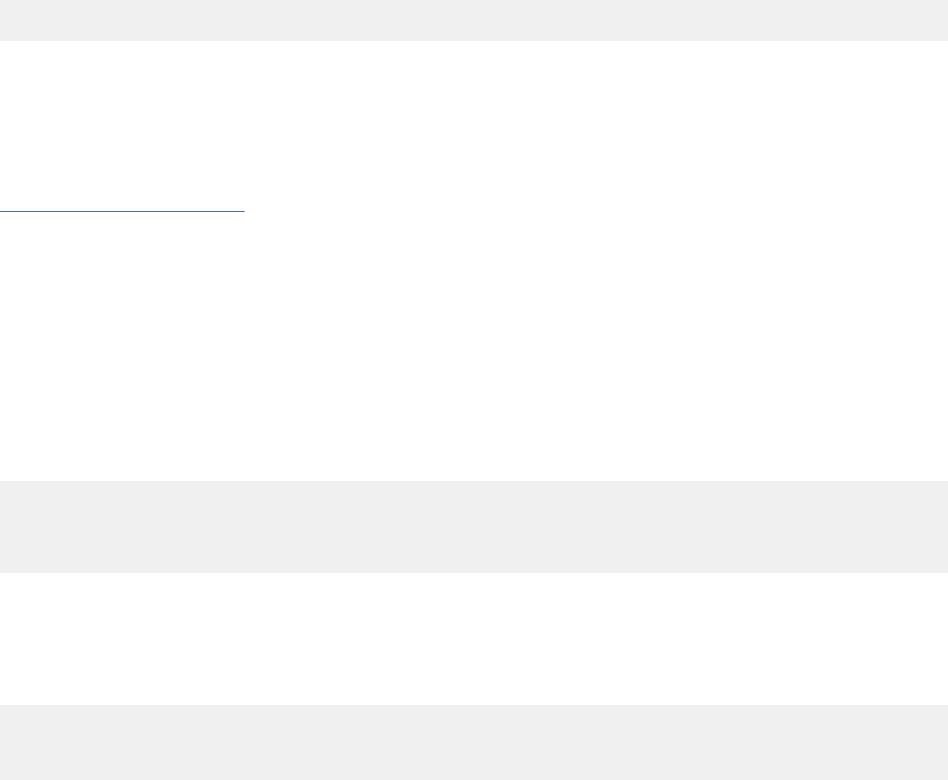
Dropping tables
When you drop a table, you delete the data and the table denition. You also delete all synonyms, views,
indexes, referential constraints, and check constraints that are associated with that table.
About this task
The following SQL statement drops the YEMP table:
DROP TABLE YEMP;
Use the DROP TABLE statement with care: Dropping a table is not equivalent to deleting all its rows.
When you drop a table, you lose more than its data and its denition. You lose all synonyms, views,
indexes, and referential and check constraints that are associated with that table. You also lose all
authorities that are granted on the table.
Related reference
DROP statement (Db2 SQL)
Dening a view
A view is a named specication of a result table. Use views to control which users have access to certain
data or to simplify writing SQL statements.
About this task
Use the CREATE VIEW statement to dene a view and give the view a name, just as you do for a table.
The view that is created with the following statement shows each department manager's name with the
department data in the DSN8C10.DEPT table.
CREATE VIEW VDEPTM AS
SELECT DEPTNO, MGRNO, LASTNAME, ADMRDEPT
FROM DSN8C10.DEPT, DSN8C10.EMP
WHERE DSN8C10.EMP.EMPNO = DSN8C10.DEPT.MGRNO;
When a program accesses the data that is dened by a view, Db2 uses the view denition to return a set
of rows that the program can access with SQL statements.
To see the departments that are administered by department D01 and the managers of those
departments, run the following statement, which returns information from the VDEPTM view:
SELECT DEPTNO, LASTNAME
FROM VDEPTM
WHERE ADMRDEPT = 'DO1';
When you create a view, you can reference the SESSION_USER and CURRENT SQLID special registers
in the CREATE VIEW statement. When referencing the view, Db2 uses the value of the SESSION_USER
or CURRENT SQLID special register that belongs to the user of the SQL statement (SELECT, UPDATE,
INSERT, or DELETE) rather than the creator of the view. In other words, a reference to a special register in
a view denition refers to its run time value.
You can specify a period specication for a view, subject to certain restrictions. Also, for a view that
references an application-period temporal table or a bitemporal table, you can specify a period clause for
an update or delete operation on the view.
A column in a view might be based on a column in a base table that is an identity column. The column in
the view is also an identity column,except under any of the following circumstances:
• The column appears more than once in the view.
• The view is based on a join of two or more tables.
• The view is based on the union of two or more tables.
• Any column in the view is derived from an expression that refers to an identity column.
Chapter 3. Db2 SQL programming
141

You can use views to limit access to certain kinds of data, such as salary information. Alternatively, you
can use the IMPLICITLY HIDDEN clause of a CREATE TABLE statement dene a column of a table to be
hidden from some operations.
You can also use views for the following actions:
• Make a subset of a table's data available to an application. For example, a view based on the employee
table might contain rows only for a particular department.
• Combine columns from two or more tables and make the combined data available to an application. By
using a SELECT statement that matches values in one table with those in another table, you can create a
view that presents data from both tables. However, you can only select data from this type of view. You
cannot update, delete, or insert data using a view that joins two or more tables.
• Combine rows from two or more tables and make the combined data available to an application. By
using two or more subselects that are connected by a set operator such as UNION, you can create a
view that presents data from several tables. However, you can only select data from this type of view.
You cannot update, delete, or insert data using a view that contains UNION operations.
• Present computed data, and make the resulting data available to an application. You can compute such
data using any function or operation that you can use in a SELECT statement.
Related tasks
Changing data by using views that reference temporal tables (Db2 Administration Guide)
Related reference
CREATE VIEW statement (Db2 SQL)
Related information
Implementing Db2 views (Db2 Administration Guide)
Views
A view does not contain data; it is a stored denition of a set of rows and columns. A view can present any
or all of the data in one or more tables.
Although you cannot modify an existing view, you can drop it and create a new one if your base tables
change in a way that affects the view. Dropping and creating views does not affect the base tables or their
data.
Restrictions when changing data through a view
Some views are read-only and thus cannot be used to update the table data. For those views that are
updatable, several restrictions apply.
Consider the following restrictions when changing data through a view:
• You must have the appropriate authorization to insert, update, or delete rows using the view.
• When you use a view to insert a row into a table, the view denition must specify all the columns in the
base table that do not have a default value. The row that is being inserted must contain a value for each
of those columns.
• Views that you can use to update data are subject to the same referential constraints and check
constraints as the tables that you used to dene the views.
You can use the WITH CHECK option of the CREATE VIEW statement to specify the constraint that every
row that is inserted or updated through the view must conform to the denition of the view. You can
select every row that is inserted or updated through a view that is created with the WITH CHECK option.
• For an update operation on a view that references an application-period temporal table or a bitemporal
table, the result table of the outer fullselect of the view denition, explicitly or implicitly, must include
the start and end columns of the BUSINESS_TIME period.
• For an update or delete operation on a view that references an application-period temporal table or a
bitemporal table, the view must not be dened with an INSTEAD OF trigger.
142
Db2 12 for z/OS: Application Programming and SQL Guide (Last updated: 2024-07-30)

For complex views, you can make insert, update and delete operations possible by dening INSTEAD OF
triggers.
Related tasks
Inserting, updating, and deleting data in views by using INSTEAD OF triggers
INSTEAD OF triggers are triggers that execute instead of the INSERT, UPDATE, or DELETE statement that
activates the trigger. You can dene these triggers on views only. Use INSTEAD OF triggers to insert,
update, and delete data in complex views.
Changing data by using views that reference temporal tables (Db2 Administration Guide)
Related reference
CREATE VIEW statement (Db2 SQL)
Dropping a view
When you drop a view, you also drop all views that are dened on that view. The base table is not
affected.
Example
The following SQL statement drops the VDEPTM view:
DROP VIEW VDEPTM;
Creating a common table expression
Creating a common table expression saves you the overhead of creating and dropping a regular view that
you need to use only once. Also, during statement preparation, Db2 does not need to access the catalog
for the view, which saves you additional overhead.
About this task
Use the WITH clause to create a common table expression.
Procedure
To created a common table expression use one of the following approaches:
• Specify a WITH clause at the beginning of a SELECT statement.
For example, the following statement nds the department with the highest total pay. The query
involves two levels of aggregation. First, you need to determine the total pay for each department by
using the SUM function and order the results by using the GROUP BY clause. You then need to nd the
department with highest total pay based on the total pay for each department.
WITH DTOTAL (workdept, totalpay) AS
(SELECT deptno, sum(salary+bonus)
FROM DSN8810.EMP
GROUP BY workdept)
SELECT workdept
FROM DTOTAL
WHERE totalpay = (SELECT max(totalpay)
FROM DTOTAL);
The result table for the common table expression, DTOTAL, contains the department number and total
pay for each department in the employee table. The fullselect in the previous example uses the result
table for DTOTAL to nd the department with the highest total pay. The result table for the entire
statement looks similar to the following results:
WORKDEPT
======
D11
• Use common table expressions by specifying WITH before a fullselect in a CREATE VIEW statement.
Chapter 3. Db2 SQL programming
143

This technique is useful if you need to use the results of a common table expression in more than one
query.
For example, the following statement nds the departments that have a greater-than-average total pay
and saves the results as the view RICH_DEPT:
CREATE VIEW RICH_DEPT (workdept) AS
WITH DTOTAL (workdept, totalpay) AS
(SELECT workdept, sum(salary+bonus)
FROM DSN8C10.EMP
GROUP BY workdept)
SELECT workdept
FROM DTOTAL
WHERE totalpay > (SELECT AVG(totalpay)
FROM DTOTAL);
The fullselect in the previous example uses the result table for DTOTAL to nd the departments that
have a greater-than-average total pay. The result table is saved as the RICH_DEPT view and looks
similar to the following results:
WORKDEPT
======
A00
D11
D21
• Use common table expressions by specifying WITH before a fullselect in an INSERT statement.
For example, the following statement uses the result table for VITALDEPT to nd the manager's
number for each department that has a greater-than-average number of senior engineers. Each
manager's number is then inserted into the vital_mgr table.
INSERT INTO vital_mgr (mgrno)
WITH VITALDEPT (workdept, se_count) AS
(SELECT workdept, count(*)
FROM DSN8C10.EMP
WHERE job = 'senior engineer'
GROUP BY workdept)
SELECT d.manager
FROM DSN8C10.DEPT d, VITALDEPT s
WHERE d.workdept = s.workdept
AND s.se_count > (SELECT AVG(se_count)
FROM VITALDEPT);
Related reference
common-table-expression (Db2 SQL)
Common table expressions
A common table expression is like a temporary view that is dened and used for the duration of an SQL
statement.
You can dene a common table expression wherever you can have a fullselect statement. For example,
you can include a common table expression in a SELECT, INSERT, SELECT INTO, or CREATE VIEW
statement.
Each common table expression must have a unique name and be dened only once. However, you can
reference a common table expression many times in the same SQL statement. Unlike regular views or
nested table expressions, which derive their result tables for each reference, all references to common
table expressions in a given statement share the same result table.
You can use a common table expression in the following situations:
• When you want to avoid creating a view (when general use of the view is not required, and positioned
updates or deletes are not used)
• When the result table is based on host variables
• When the same result table needs to be shared in a fullselect
• When the results need to be derived using recursion
144
Db2 12 for z/OS: Application Programming and SQL Guide (Last updated: 2024-07-30)
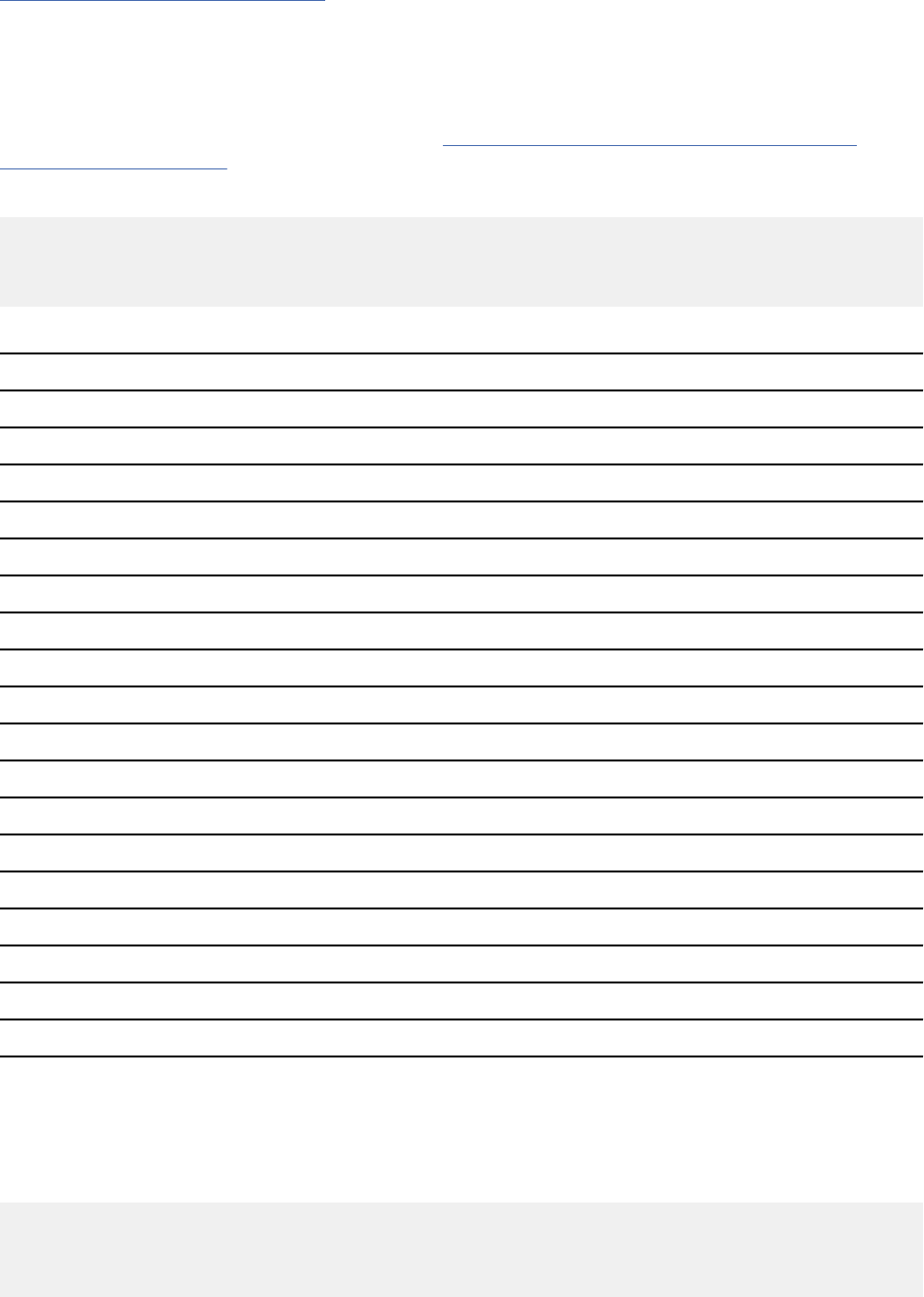
Related reference
common-table-expression (Db2 SQL)
Examples of recursive common table expressions
Recursive SQL is very useful in bill of materials (BOM) applications.
Consider a table of parts with associated subparts and the quantity of subparts required by each part.
For more information about recursive SQL, refer to “Creating recursive SQL by using common table
expressions” on page 386.
For the examples in this topic, create the following table:
CREATE TABLE PARTLIST
(PART VARCHAR(8),
SUBPART VARCHAR(8),
QUANTITY INTEGER);
Assume that the PARTLIST table is populated with the values that are in the following table:
Table 37. PARTLIST table
PART SUBPART QUANTITY
00 01 5
00 05 3
01 02 2
01 03 3
01 04 4
01 06 3
02 05 7
02 06 6
03 07 6
04 08 10
04 09 11
05 10 10
05 11 10
06 12 10
06 13 10
07 14 8
07 12 8
Example 1: Single level explosion:
Single level explosion answers the question, "What parts are needed to build the part identied by '01'?".
The list will include the direct subparts, subparts of the subparts and so on. However, if a part is used
multiple times, its subparts are only listed once.
WITH RPL (PART, SUBPART, QUANTITY) AS
(SELECT ROOT.PART, ROOT.SUBPART, ROOT.QUANTITY
FROM PARTLIST ROOT
WHERE ROOT.PART = '01'
UNION ALL
Chapter 3. Db2 SQL programming
145
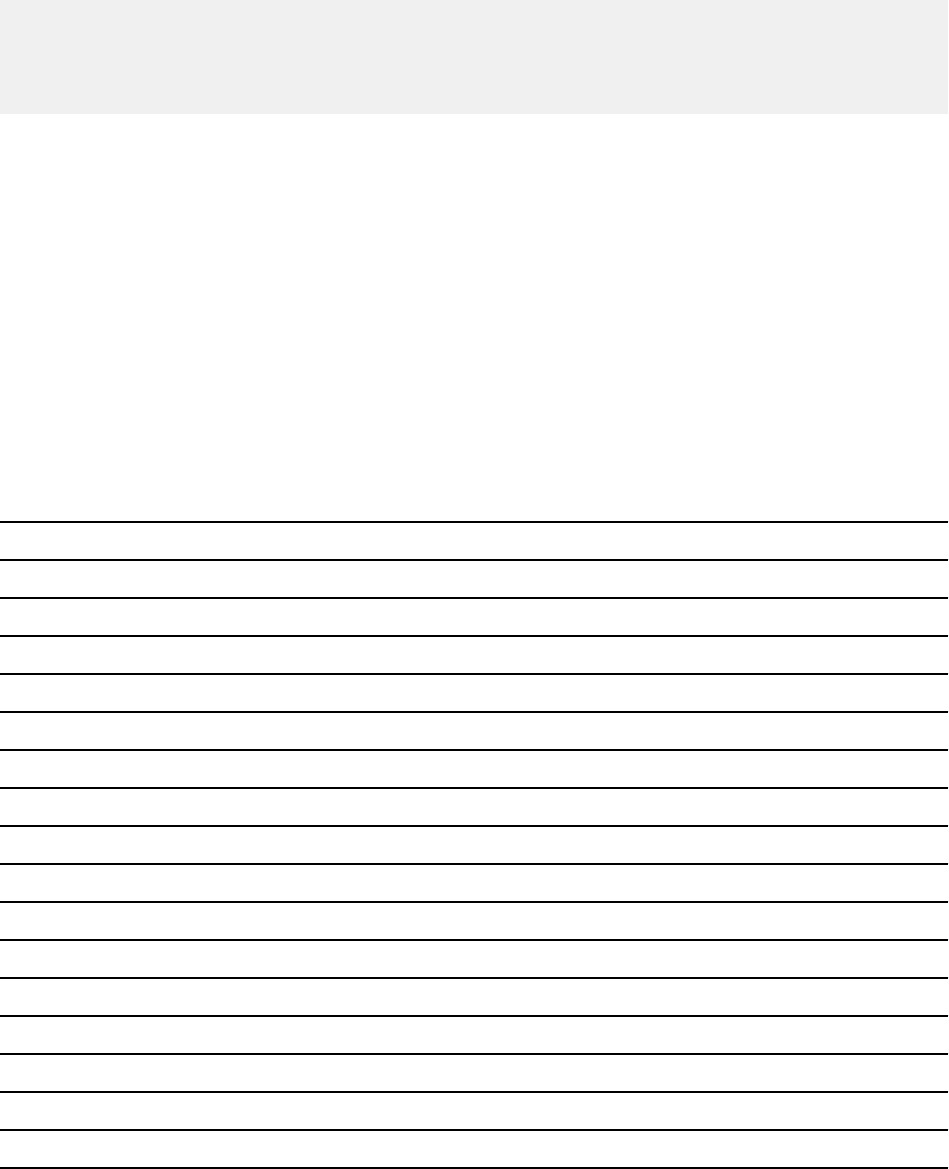
SELECT CHILD.PART, CHILD.SUBPART, CHILD.QUANTITY
FROM RPL PARENT, PARTLIST CHILD
WHERE PARENT.SUBPART = CHILD.PART)
SELECT DISTINCT PART, SUBPART, QUANTITY
FROM RPL
ORDER BY PART, SUBPART, QUANTITY;
The preceding query includes a common table expression, identied by the name RPL, that expresses the
recursive part of this query. It illustrates the basic elements of a recursive common table expression.
The rst operand (fullselect) of the UNION, referred to as the initialization fullselect, gets the direct
subparts of part '01'. The FROM clause of this fullselect refers to the source table and will never refer to
itself (RPL in this case). The result of this rst fullselect goes into the common table expression RPL. As in
this example, the UNION must always be a UNION ALL.
The second operand (fullselect) of the UNION uses RPL to compute subparts of subparts by using the
FROM clause to refer to the common table expression RPL and the source table PARTLIST with a join of a
part from the source table (child) to a subpart of the current result contained in RPL (parent). The result
goes then back to RPL again. The second operand of UNION is used repeatedly until no more subparts
exist.
The SELECT DISTINCT in the main fullselect of this query ensures the same part/subpart is not listed
more than once.
The result of the query is shown in the following table:
Table 38. Result table for example 1
PART SUBPART QUANTITY
01 02 2
01 03 3
01 04 4
01 06 3
02 05 7
02 06 6
03 07 6
04 08 10
04 09 11
05 10 10
05 11 10
06 12 10
06 13 10
07 12 8
07 14 8
Observe in the result that part '01' contains subpart '02' which contains subpart '06' and so on. Further,
notice that part '06' is reached twice, once through part '01' directly and another time through part '02'.
In the output, however, the subparts of part '06' are listed only once (this is the result of using a SELECT
DISTINCT).
146
Db2 12 for z/OS: Application Programming and SQL Guide (Last updated: 2024-07-30)
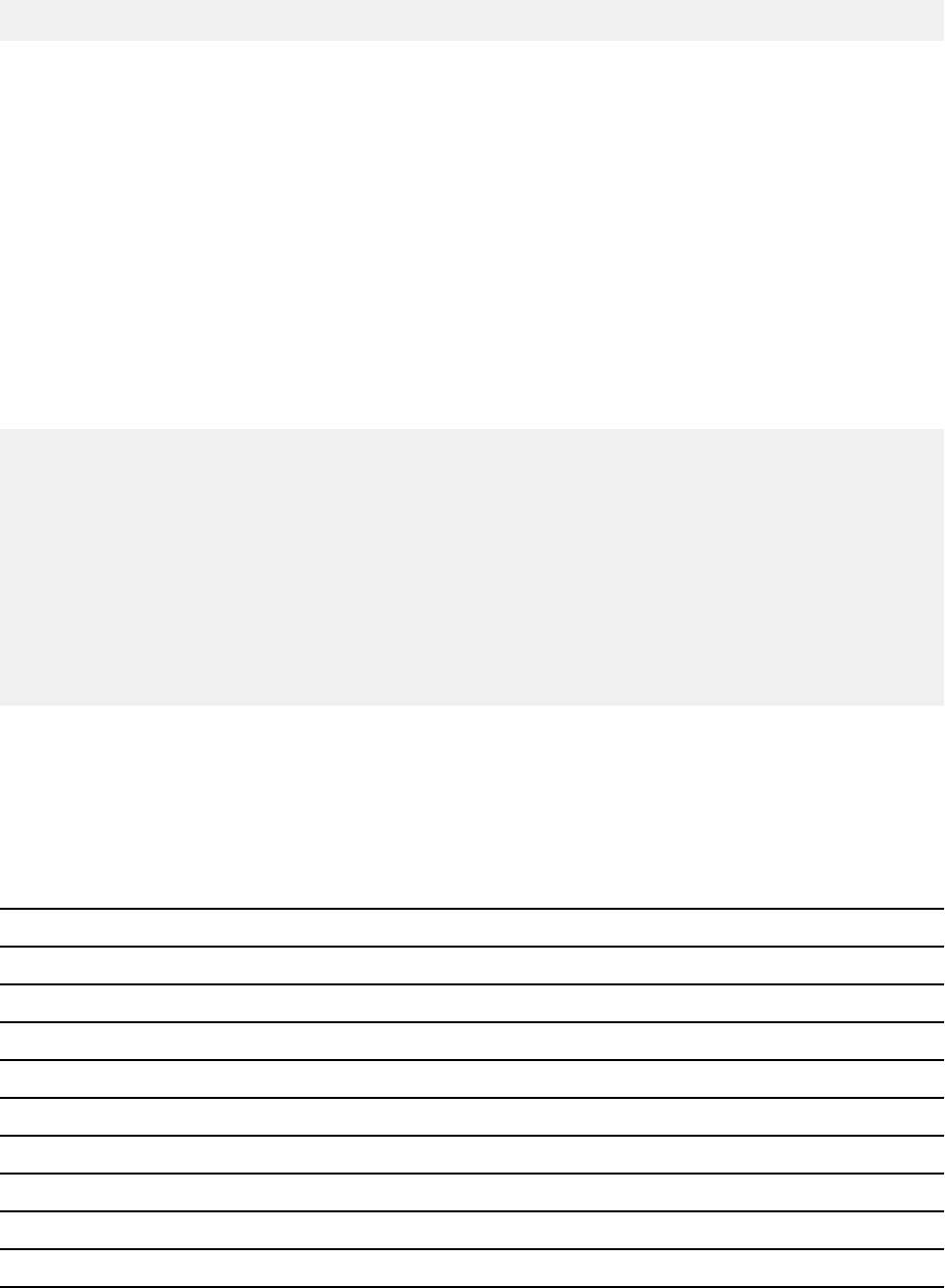
Remember that with recursive common table expressions it is possible to introduce an innite loop. In
this example, an innite loop would be created if the search condition of the second operand that joins
the parent and child tables was coded as follows:
WHERE PARENT.SUBPART = CHILD.SUBPART
This innite loop is created by not coding what is intended. You should carefully determining what to code
so that there is a denite end of the recursion cycle.
The result produced by this example could be produced in an application program without using a
recursive common table expression. However, such an application would require coding a different query
for every level of recursion. Furthermore, the application would need to put all of the results back in the
database to order the nal result. This approach complicates the application logic and does not perform
well. The application logic becomes more difcult and inefcient for other bill of material queries, such as
summarized and indented explosion queries.
Example 2: Summarized explosion:
A summarized explosion answers the question, "What is the total quantity of each part required to build
part '01'?" The main difference from a single level explosion is the need to aggregate the quantities. A
single level explosion indicates the quantity of subparts required for the part whenever it is required. It
does not indicate how many of each subpart is needed to build part '01'.
WITH RPL (PART, SUBPART, QUANTITY) AS
(
SELECT ROOT.PART, ROOT.SUBPART, ROOT.QUANTITY
FROM PARTLIST ROOT
WHERE ROOT.PART = '01'
UNION ALL
SELECT PARENT.PART, CHILD.SUBPART,
PARENT.QUANTITY*CHILD.QUANTITY
FROM RPL PARENT, PARTLIST CHILD
WHERE PARENT.SUBPART = CHILD.PART
)
SELECT PART, SUBPART, SUM(QUANTITY) AS "Total QTY Used"
FROM RPL
GROUP BY PART, SUBPART
ORDER BY PART, SUBPART;
In the preceding query, the select list of the second operand of the UNION in the recursive common table
expression, identied by the name RPL, shows the aggregation of the quantity. To determine how many
of each subpart is used, the quantity of the parent is multiplied by the quantity per parent of a child. If
a part is used multiple times in different places, it requires another nal aggregation. This is done by the
grouping the parts and subparts in the common table expression RPL and using the SUM column function
in the select list of the main fullselect.
The result of the query is shown in the following table:
Table 39. Result table for example 2
PART SUBPART Total QTY Used
01 02 2
01 03 3
01 04 4
01 05 14
01 06 15
01 07 18
01 08 40
01 09 44
Chapter 3. Db2 SQL programming147
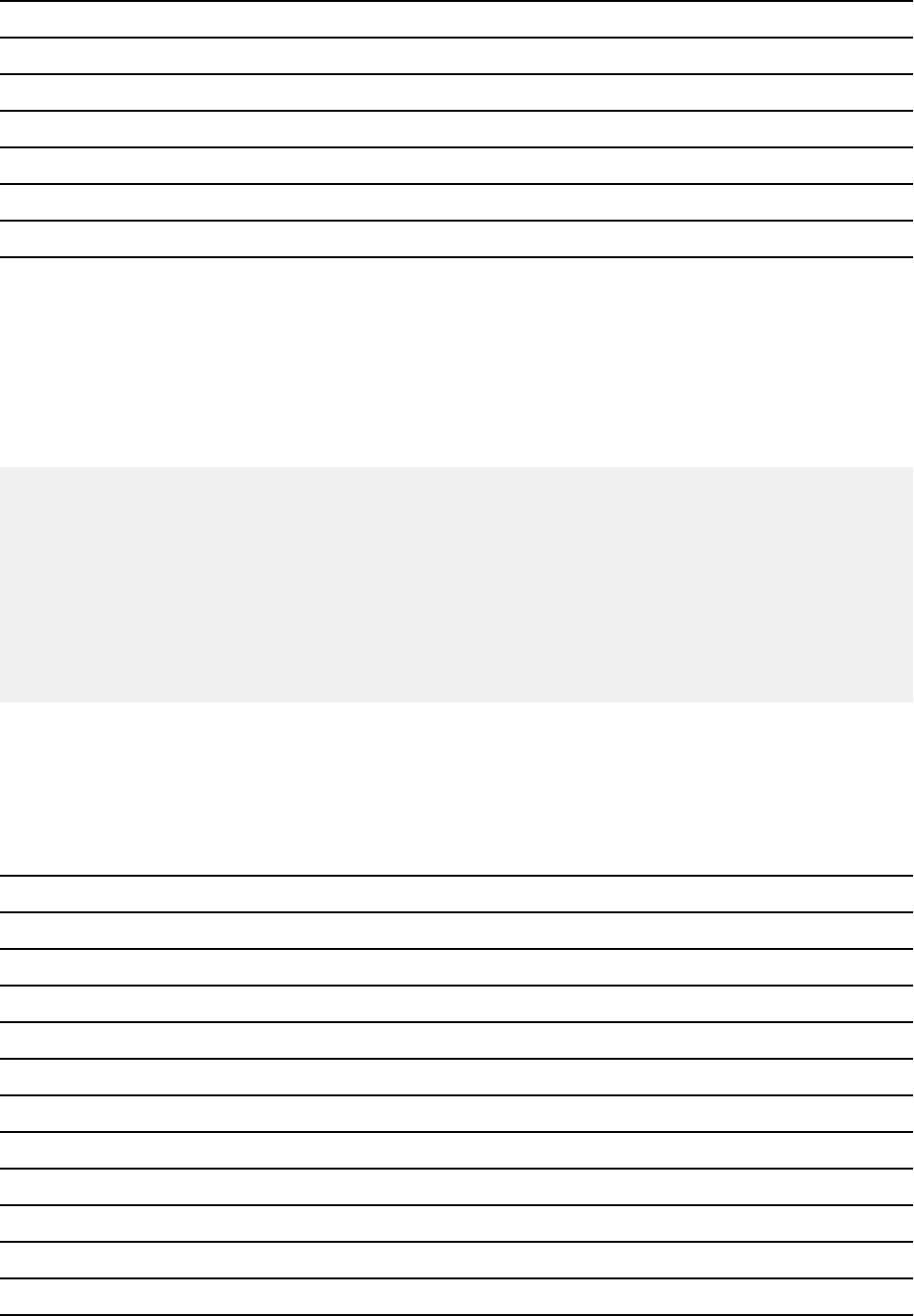
Table 39. Result table for example 2 (continued)
PART SUBPART Total QTY Used
01 10 140
01 11 140
01 12 294
01 13 150
01 14 144
Consider the total quantity for subpart '06'. The value of 15 is derived from a quantity of 3 directly for part
'01' and a quantity of 6 for part '02' which is needed two times by part '01'.
Example 3: Controlling depth:
You can control the depth of a recursive query to answer the question, "What are the rst two levels of
parts that are needed to build part '01'?" For the sake of clarity in this example, the level of each part is
included in the result table.
WITH RPL (LEVEL, PART, SUBPART, QUANTITY) AS
(
SELECT 1, ROOT.PART, ROOT.SUBPART, ROOT.QUANTITY
FROM PARTLIST ROOT
WHERE ROOT.PART = '01'
UNION ALL
SELECT PARENT.LEVEL+1, CHILD.PART, CHILD.SUBPART, CHILD.QUANTITY
FROM RPL PARENT, PARTLIST CHILD
WHERE PARENT.SUBPART = CHILD.PART
AND PARENT.LEVEL < 2
)
SELECT PART, LEVEL, SUBPART, QUANTITY
FROM RPL;
This query is similar to the query in example 1. The column LEVEL is introduced to count the level each
subpart is from the original part. In the initialization fullselect, the value for the LEVEL column is initialized
to 1. In the subsequent fullselect, the level from the parent table increments by 1. To control the number
of levels in the result, the second fullselect includes the condition that the level of the parent must be less
than 2. This ensures that the second fullselect only processes children to the second level.
The result of the query is shown in the following table:
Table 40. Result table for example 3
PART LEVEL SUBPART QUANTITY
01 1 02 2
01 1 03 3
01 1 04 4
01 1 06 3
02 2 05 7
02 2 06 6
03 2 07 6
04 2 08 10
04 2 09 11
06 2 12 10
148Db2 12 for z/OS: Application Programming and SQL Guide (Last updated: 2024-07-30)
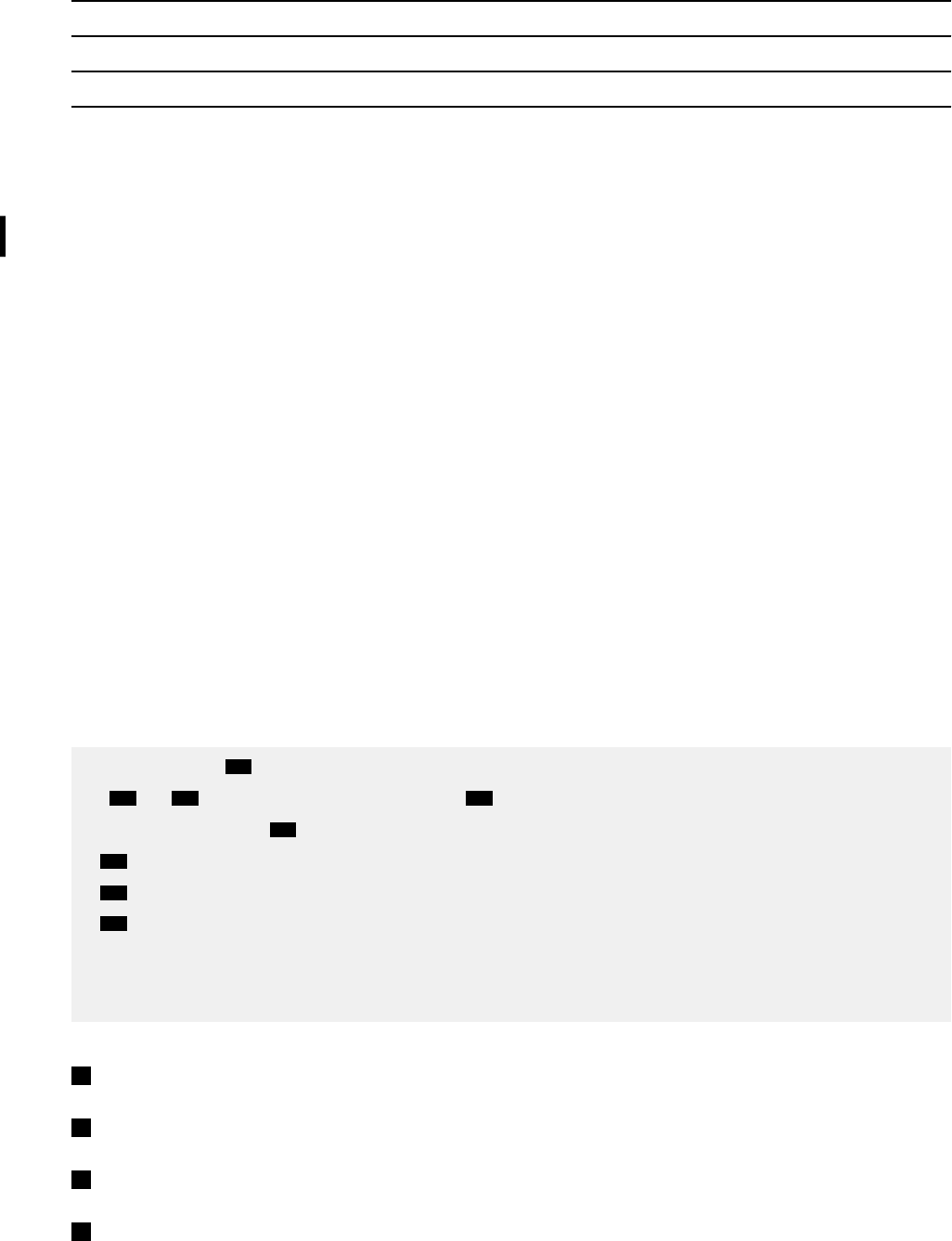
Table 40. Result table for example 3 (continued)
PART LEVEL SUBPART QUANTITY
06 2 13 10
Creating a trigger
A trigger is a set of SQL statements that execute when a certain event occurs in a table or view. Use
triggers to control changes in Db2 databases. Triggers are more powerful than constraints because they
can monitor a broader range of changes and perform a broader range of actions. This topic describes
support for advanced triggers.
About this task
Using triggers for active data:
For example, a constraint can disallow an update to the salary column of the employee table if the new
value is over a certain amount. A trigger can monitor the amount by which the salary changes, as well as
the salary value. If the change is above a certain amount, the trigger might substitute a valid value and call
a user-dened function to send a notice to an administrator about the invalid update.
Triggers also move application logic into Db2, which can result in faster application development and
easier maintenance. For example, you can write applications to control salary changes in the employee
table, but each application program that changes the salary column must include logic to check those
changes. A better method is to dene a trigger that controls changes to the salary column. Then Db2 does
the checking for any application that modies salaries.
Example of creating and using a trigger:
Triggers automatically execute a set of SQL statements whenever a specied event occurs. These SQL
statements can perform tasks such as validation and editing of table changes, reading and modifying
tables, or invoking functions or stored procedures that perform operations both inside and outside Db2.
You create triggers using the CREATE TRIGGER statement. The following gure shows an example of a
CREATE TRIGGER statement.
1
CREATE TRIGGER REORDER
2 3 4
AFTER UPDATE OF ON_HAND, MAX_STOCKED ON PARTS
5
REFERENCING NEW AS N_ROW
6
FOR EACH ROW
7
WHEN (N_ROW.ON_HAND < 0.10 * N_ROW.MAX_STOCKED)
8
BEGIN ATOMIC
CALL ISSUE_SHIP_REQUEST(N_ROW.MAX_STOCKED -
N_ROW.ON_HAND,
N_ROW.PARTNO);
END
The parts of this trigger are:
1
Trigger name (REORDER)
2
Trigger activation time (AFTER)
3
Triggering event (UPDATE)
4
Subject table name (PARTS)
Chapter 3. Db2 SQL programming
149

5
New transition variable correlation name (N_ROW)
6
Granularity (FOR EACH ROW)
7
Trigger condition (WHEN…)
8
Trigger body (BEGIN ATOMIC…END;)
When you execute this CREATE TRIGGER statement, Db2 creates a trigger package called REORDER and
associates the trigger package with table PARTS. Db2 records the timestamp when it creates the trigger.
If you dene other triggers on the PARTS table, Db2 uses this timestamp to determine which trigger to
activate rst when the triggering event occurs. The trigger is now ready to use.
After Db2 updates columns ON_HAND or MAX_STOCKED in any row of table PARTS, trigger REORDER is
activated. The trigger calls a stored procedure called ISSUE_SHIP_REQUEST if, after a row is updated, the
quantity of parts on hand is less than 10% of the maximum quantity stocked. In the trigger condition, the
qualier N_ROW represents a value in a modied row after the triggering event.
When you no longer want to use trigger REORDER, you can delete the trigger by executing the statement:
DROP TRIGGER REORDER;
Executing this statement drops trigger REORDER and its associated trigger package named REORDER.
If you drop table PARTS, Db2 also drops trigger REORDER and its trigger package.
Parts of a trigger:
A trigger contains the following parts:
• trigger name
• subject table
• trigger activation time
• triggering event
• granularity
• correlation names for transition variables and transition tables
• triggered action that consists of an optional search condition and a trigger body
Trigger name:
Specify a name for your trigger. You can use a qualier or let Db2 determine the qualier. When Db2
creates a trigger package for the trigger, it uses the same qualier as the collection ID of the trigger
package.
Subject table or view:
When you perform an insert, update, or delete operation on this table or view, the trigger is activated.
You must name a local table or view in the CREATE TRIGGER statement. You cannot dene a trigger on a
catalog table.
Trigger activation time:
The choices for trigger activation time are BEFORE, AFTER, and INSTEAD OF. BEFORE and AFTER triggers
can be dened for a table. INSTEAD OF triggers can be dened for a view.
BEFORE means that the trigger is activated before Db2 makes any changes to the subject table, and that
the triggered action does not activate any other triggers. AFTER means that the trigger is activated after
Db2 makes changes to the subject table and can activate other triggers. INSTEAD OF means that the
trigger is activated when there is an attempt to change the subject view. Triggers with an activation time
of BEFORE are known as before triggers. Triggers with an activation time of AFTER are known as after
triggers. Triggers with an activation time of INSTEAD OF are known as instead of triggers.
150
Db2 12 for z/OS: Application Programming and SQL Guide (Last updated: 2024-07-30)

Triggering event:
Every trigger is associated with an event. A trigger is activated when the triggering event occurs in the
subject table or view. The triggering event is one of the following SQL operations:
• insert
• update
• delete
A triggering event can also be an update or delete operation that occurs as the result of a referential
constraint with ON DELETE SET NULL or ON DELETE CASCADE.
A trigger can be activated by a MERGE statement for delete, insert, and update operations.
Triggers are not activated as the result of updates made to tables by Db2 utilities, with the exception of
the LOAD utility when it is specied with the RESUME YES and SHRLEVEL CHANGE options.
When the triggering event for a trigger is an update operation, the trigger is called an update trigger.
Similarly, triggers for insert operations are called insert triggers, and triggers for delete operations are
called delete triggers.
The SQL statement that performs the triggering SQL operation is called the triggering SQL statement.
Each triggering event is associated with one subject table or view and one SQL operation.
The following trigger is dened with an insert triggering event:
CREATE TRIGGER NEW_HIRE
AFTER INSERT ON EMP
FOR EACH ROW
BEGIN ATOMIC
UPDATE COMPANY_STATS SET NBEMP = NBEMP + 1;
END
If the triggering SQL operation is an update operation, the event can be associated with specic columns
of the subject table. In this case, the trigger is activated only if the update operation updates any of the
specied columns.
The following trigger, PAYROLL1, which invokes user-dened function named PAYROLL_LOG, is activated
only if an update operation is performed on the SALARY or BONUS column of table PAYROLL:
CREATE TRIGGER PAYROLL1
AFTER UPDATE OF SALARY, BONUS ON PAYROLL
FOR EACH STATEMENT
BEGIN ATOMIC
VALUES(PAYROLL_LOG(USER, 'UPDATE', CURRENT TIME, CURRENT DATE));
END
Granularity:
The triggering SQL statement might modify multiple rows in the table. The granularity of the trigger
determines whether the trigger is activated only once for the triggering SQL statement or once for every
row that the SQL statement modies. The granularity values are:
• FOR EACH ROW
The trigger is activated once for each row that Db2 modies in the subject table or view. If the triggering
SQL statement modies no rows, the trigger is not activated. However, if the triggering SQL statement
updates a value in a row to the same value, the trigger is activated. For example, if an UPDATE trigger is
dened on table COMPANY_STATS, the following SQL statement will activate the trigger.
UPDATE COMPANY_STATS SET NBEMP = NBEMP;
• FOR EACH STATEMENT
The trigger is activated once when the triggering SQL statement executes. The trigger is activated even if
the triggering SQL statement modies no rows.
Chapter 3. Db2 SQL programming
151

Triggers with a granularity of FOR EACH ROW are known as row triggers. Triggers with a granularity of FOR
EACH STATEMENT are known as statement triggers. Statement triggers can only be after triggers.
The following statement is an example of a row trigger:
CREATE TRIGGER NEW_HIRE
AFTER INSERT ON EMP
FOR EACH ROW
BEGIN ATOMIC
UPDATE COMPANY_STATS SET NBEMP = NBEMP + 1;
END
Trigger NEW_HIRE is activated once for every row inserted into the employee table.
Transition variables:
When you code a row trigger, you might need to refer to the values of columns in each updated row of the
subject table or view. To do this, specify a correlation name (to use when referencing transition variables)
in the REFERENCING clause of your CREATE TRIGGER statement. The two types of transition variables
are:
• Old transition variables capture the values of columns before the triggering SQL statement updates
them. You can use the REFERENCING OLD clause to dene a correlation name for referencing old
transition variables for update and delete triggers.
• New transition variables capture the values of columns after the triggering SQL statement updates
them. You can use the REFERENCING NEW clause to dene a correlation name for referencing new
transition variables for update and insert triggers.
Transition variables can be referenced anywhere in an SQL statement where an expression or variable can
be specied in triggers. See References to SQL parameters and variables in SQL PL (Db2 SQL)
for more
information.
The following example uses transition variables and invocations of the IDENTITY_VAL_LOCAL function to
access values that are assigned to identity columns.
Suppose that you have created tables T and S, with the following denitions:
CREATE TABLE T
(ID SMALLINT GENERATED BY DEFAULT AS IDENTITY (START WITH 100),
C2 SMALLINT,
C3 SMALLINT,
C4 SMALLINT);
CREATE TABLE S
(ID SMALLINT GENERATED ALWAYS AS IDENTITY,
C1 SMALLINT);
Dene a before insert trigger on T that uses the IDENTITY_VAL_LOCAL built-in function to retrieve the
current value of identity column ID, and uses transition variables to update the other columns of T with
the identity column value.
CREATE TRIGGER TR1
NO CASCADE BEFORE INSERT
ON T REFERENCING NEW AS N
FOR EACH ROW MODE DB2SQL
BEGIN ATOMIC
SET N.C3 =N.ID;
SET N.C4 =IDENTITY_VAL_LOCAL();
SET N.ID =N.C2 *10;
SET N.C2 =IDENTITY_VAL_LOCAL();
END
Now suppose that you execute the following INSERT statement:
INSERT INTO S (C1) VALUES (5);
This statement inserts a row into S with a value of 5 for column C1 and a value of 1 for identity column ID.
Next, suppose that you execute the following SQL statement, which activates trigger TR1:
152
Db2 12 for z/OS: Application Programming and SQL Guide (Last updated: 2024-07-30)

INSERT INTO T (C2)
VALUES (IDENTITY_VAL_LOCAL());
This insert statement, and the subsequent activation of trigger TR1, have the following results:
• The INSERT statement obtains the most recent value that was assigned to an identity column (1), and
inserts that value into column C2 of table T. 1 is the value that Db2 inserted into identity column ID of
table S.
• When the INSERT statement executes, Db2 inserts the value 100 into identity column ID column of C2.
• The rst statement in the body of trigger TR1 inserts the value of transition variable N.ID (100) into
column C3. N.ID is the value that identity column ID contains after the INSERT statement executes.
• The second statement in the body of trigger TR1 inserts the null value into column C4. By denition, the
result of the IDENTITY_VAL_LOCAL function in the triggered action of a before insert trigger is the null
value.
• The third statement in the body of trigger TR1 inserts 10 times the value of transition variable N.C2
(10*1) into identity column ID of table T. N.C2 is the value that column C2 contains after the INSERT is
executed.
• The fourth statement in the body of trigger TR1 inserts the null value into column C2. By denition, the
result of the IDENTITY_VAL_LOCAL function in the triggered action of a before insert trigger is the null
value.
Transition tables:
If you want to refer to the entire set of rows that a triggering SQL statement modies, rather than
to individual rows, use a transition table. Like transition variables, a correlation name (to refer to the
columns of the transition table) can appear in the REFERENCING clause of a CREATE TRIGGER statement.
The names for those columns are the same as the name of the column in the table or view that the trigger
is dened for. Transition tables are valid for both row triggers and statement triggers. The two types of
transition tables are:
• Old transition tables, specied with the OLD TABLE transition-table-name clause, capture the values
of columns before the triggering SQL statement updates them. You can dene old transition tables for
update and delete triggers.
• New transition tables, specied with the NEW TABLE transition-table-name clause, capture the values
of columns after the triggering SQL statement updates them. You can dene new transition variables for
update and insert triggers.
The scope of old and new transition table names is the trigger body. If correlation names are specied for
both old and new transition variables in the trigger, a reference to a transition variable must be qualied
with the associated correlation name. The name of a transition variable can also be the same as the name
of an SQL variable or global variable, or the name of a column in a table or view that is referenced in
the trigger. Names that are the same should be explicitly qualied. Qualifying a name can clarify whether
the name refers to a column, global variable, SQL variable, SQL parameter, or transition variable. To avoid
ambiguity, qualify a transition variable with the correlation name specied in the REFERENCING clause in
the CREATE TRIGGER or ALTER TRIGGER statement that dened the trigger.
The following example accesses a new transition table to capture the set of rows that are inserted into the
INVOICE table:
CREATE TRIGGER LRG_ORDR
AFTER INSERT ON INVOICE
REFERENCING NEW TABLE AS N_TABLE
FOR EACH STATEMENT
BEGIN ATOMIC
SELECT LARGE_ORDER_ALERT(CUST_NO,
TOTAL_PRICE, DELIVERY_DATE)
FROM N_TABLE WHERE TOTAL_PRICE > 10000;
END
The SELECT statement in LRG_ORDER causes user-dened function LARGE_ORDER_ALERT to execute for
each row in transition table N_TABLE that satises the WHERE clause (TOTAL_PRICE > 10000).
Chapter 3. Db2 SQL programming
153
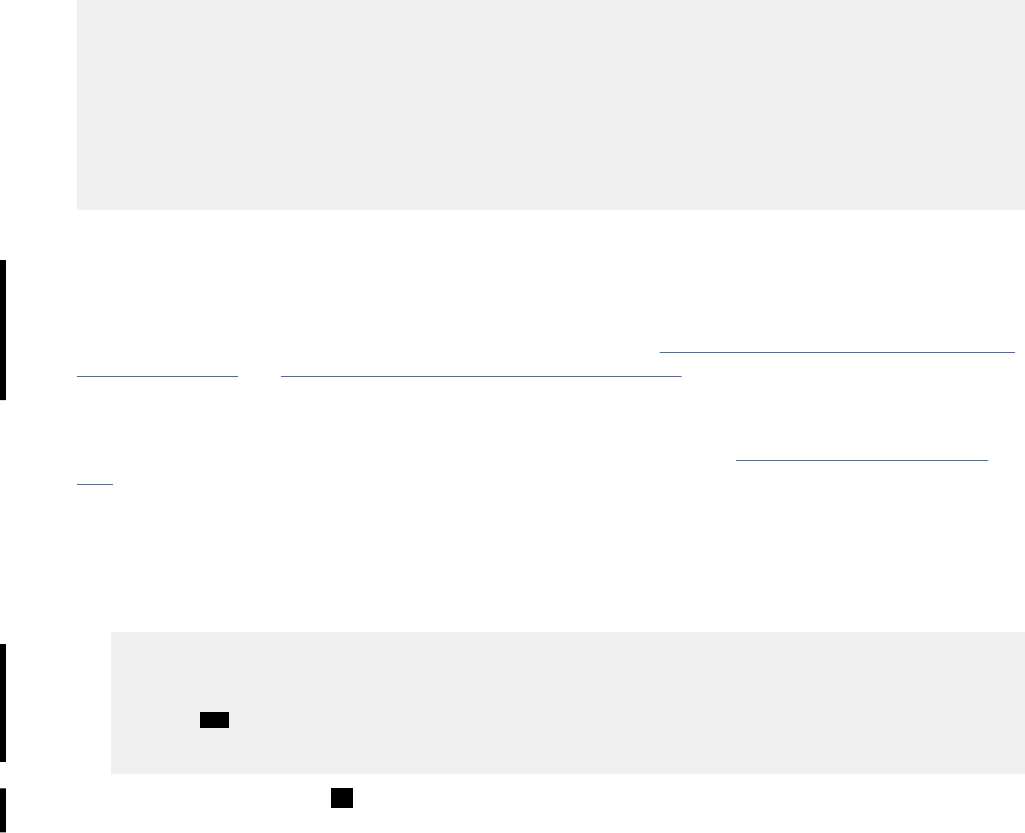
Triggered action:
When a trigger is activated, a triggered action occurs. Every trigger has one triggered action, which
consists of an optional trigger condition and a trigger body.
Trigger condition:
If you want the triggered action to occur only when certain conditions are true, code a trigger condition. A
trigger condition is similar to a predicate in a SELECT, except that the trigger condition begins with WHEN,
rather than WHERE. If you do not include a trigger condition in your triggered action, the trigger body
executes every time the trigger is activated.
For a row trigger, Db2 evaluates the trigger condition once for each modied row of the subject table.
For a statement trigger, Db2 evaluates the trigger condition once for each execution of the triggering SQL
statement.
If the trigger condition of a before trigger has a fullselect, the fullselect cannot reference the subject
table.
The following example shows a trigger condition that causes the trigger body to execute only when the
number of ordered items is greater than the number of available items:
CREATE TRIGGER CK_AVAIL
BEFORE INSERT ON ORDERS
REFERENCING NEW AS NEW_ORDER
FOR EACH ROW
WHEN (NEW_ORDER.QUANTITY >
(SELECT ON_HAND FROM PARTS
WHERE NEW_ORDER.PARTNO=PARTS.PARTNO))
BEGIN ATOMIC
VALUES(ORDER_ERROR(NEW_ORDER.PARTNO,
NEW_ORDER.QUANTITY));
END
Trigger body:
In the trigger body, you code the SQL statements that you want to execute whenever the trigger condition
is true. The trigger body can include a single SQL-control-statement, including a compound statement, or
triggered-SQL-statement that is to be executed for the triggered-action. The statements that you can use
in a trigger body depend on the activation time of the trigger. See CREATE TRIGGER statement (advanced
trigger) (Db2 SQL) and SQL procedural language (SQL PL) (Db2 SQL) for more information about dening
SQL triggers. Use control statements to develop triggers that contain logic.
Because you can include INSERT, DELETE, UPDATE, and MERGE statements in your trigger body,
execution of the trigger body might cause activation of other triggers. See “Trigger cascading” on page
160 for more information.
Examples
Example 1
Dene a trigger to increment the count of employees when a new employee is hired. The following
example also explains how to determine why an SQL statement is allowed in the trigger.
CREATE TRIGGER NEW_HIRE
AFTER INSERT ON EMPLOYEE
FOR EACH ROW MODE DB2SQL
BEGIN ATOMIC
1
UPDATE COMPANY_STATS SET NBEMP = NBEMP + 1;
END
The UPDATE statement (
1) is an SQL statement that is allowed because it is listed in the syntax
diagram for triggered-SQL-statement.
Example 2
Dene a trigger to return an error condition and back out any changes that are made by the trigger, as
well as actions that result from referential constraints on the subject table. Use the SIGNAL statement
to indicate the error information to be returned. When Db2 executes the SIGNAL statement, it returns
154
Db2 12 for z/OS: Application Programming and SQL Guide (Last updated: 2024-07-30)
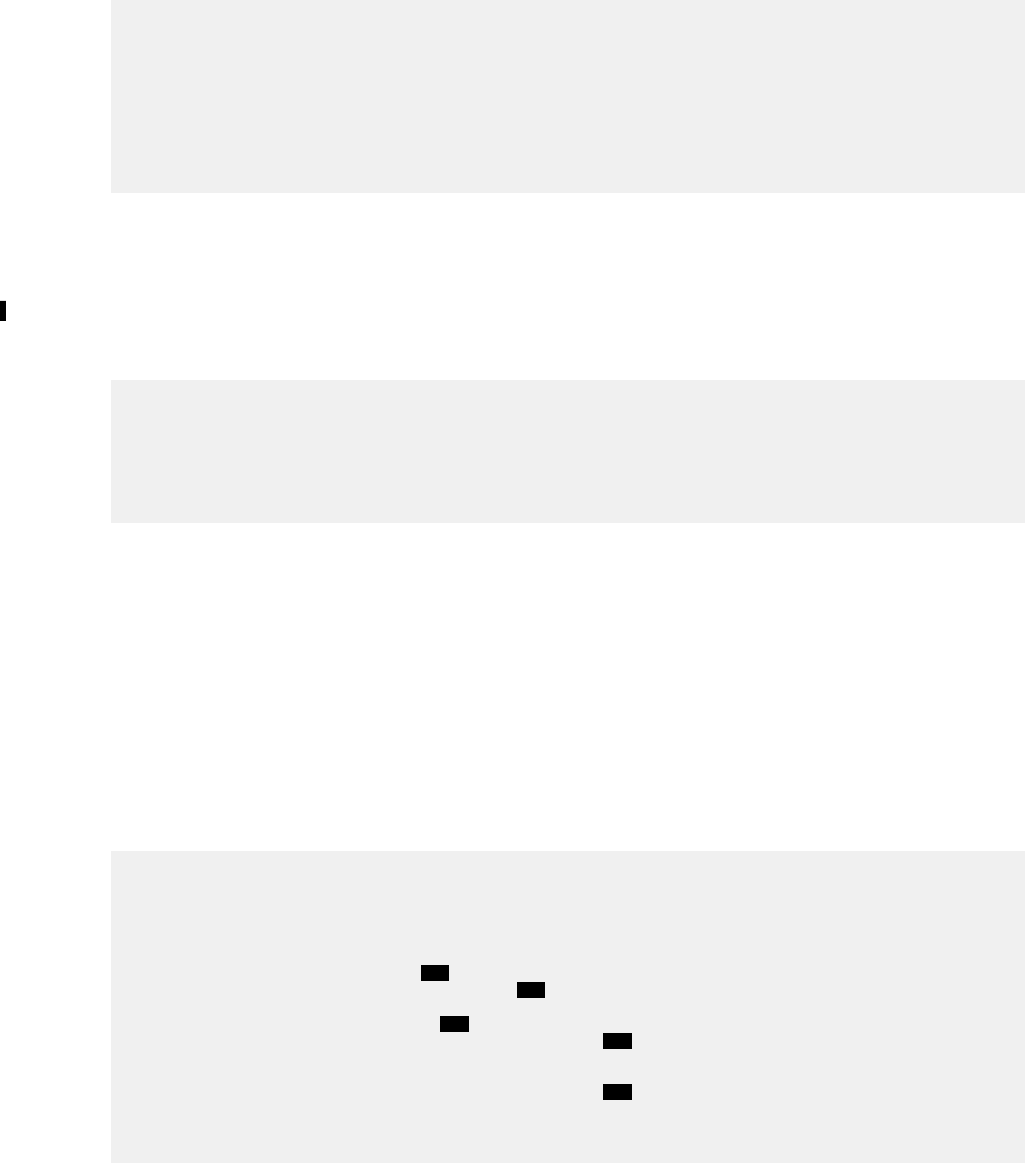
an SQLCA to the application with SQLCODE -438. The SQLCA also includes the following values, which
you supply in the SIGNAL statement:
• A 5-character value that Db2 uses as the SQLSTATE
• An error message that Db2 places in the SQLERRMC eld
In the following example, the SIGNAL statement causes Db2 to return an SQLCA with SQLSTATE
75001 and terminate the salary update operation if an employee's salary increase is over 20%:
CREATE TRIGGER SAL_ADJ
BEFORE UPDATE OF SALARY ON EMP
REFERENCING OLD AS OLD_EMP
NEW AS NEW_EMP
FOR EACH ROW
WHEN (NEW_EMP.SALARY > (OLD_EMP.SALARY * 1.20))
BEGIN ATOMIC
SIGNAL SQLSTATE '75001'
('Invalid Salary Increase - Exceeds 20%');
END
Example 3
Dene a trigger to assign the current date to the HIRE_DATE column when a row is inserted into
the EMP table. Because before triggers operate on rows of a table before those rows are modied,
you cannot perform operations in the body of a before trigger that directly modify the subject
table. You can, however, use the SET assignment-statement statement to modify the values in a
row before those values go into the table. For example, this trigger uses a new transition variable
(NEW_VAR.HIRE_DATE) to assign today's date for the new employee's hire date:
CREATE TRIGGER HIREDATE
NO CASCADE BEFORE INSERT ON EMP
REFERENCING NEW AS NEW_VAR
FOR EACH ROW
BEGIN ATOMIC
SET NEW_VAR.HIRE_DATE = CURRENT_DATE;
END
Example 4
In the following example, table CLASS_SCHED contains a row for the class schedule of each class at a
school. When a class schedule row is added to the table, trigger VALIDATE_SCHED is activated. In the
trigger, SQL control statements are used to check for and respond to the following errors in the class
start and end times:
Type of error
Response
End time is null Make the ending time one hour after the starting
time
End time is later than 9:00 p.m. Issue an error message
Start day is on a weekend Issue an error message
CREATE TRIGGER VALIDATE_SCHED
BEFORE INSERT ON CLASS_SCHED
REFERENCING NEW AS N
FOR EACH ROW
VS: BEGIN
IF (N.ENDING IS NULL) THEN
1
SET N.ENDING = N.STARTING + 1 HOUR; 3
END IF;
IF (N.ENDING > '21:00') THEN 1
SIGNAL SQLSTATE '80000' SET MESSAGE_TEXT = 2
'CLASS ENDING TIME IS AFTER 9 PM';
ELSEIF (N.DAY=1 OR N.DAY=7) THEN
SIGNAL SQLSTATE '80001' SET MESSAGE_TEXT = 2
'CLASS CANNOT BE SCHEDULED ON A WEEKEND';
END IF;
END VS
The SQL trigger has the following statements:
Chapter 3. Db2 SQL programming
155

• The IF statements (1) and the SIGNAL statements (2) are SQL control statements.
• The SET assignment statement (3) is an SQL control statement that assigns values to variables.
Related tasks
Obfuscating source code of SQL procedures, SQL functions, and triggers (Db2 Administration Guide)
Related reference
CREATE TRIGGER statement (advanced trigger) (Db2 SQL)
CREATE TRIGGER statement (basic trigger) (Db2 SQL)
LOAD (Db2 Utilities)
Invoking a stored procedure or user-dened function from a trigger
A trigger body can include only SQL statements. To perform actions or use logic that is not available in
SQL statements, create user-dened functions or stored procedures. Then invoke them from within the
trigger body.
About this task
Introductory concepts
Triggers (Introduction to Db2 for z/OS)
Restriction: You cannot include INSERT, UPDATE, DELETE, or MERGE statements in stored procedures or
user-dened functions that are invoked by a BEFORE TRIGGER. These actions are not allowed, because
BEFORE triggers must not modify any table.
Procedure
To invoke a stored procedure or user-dened function from a trigger:
1. Ensure that the stored procedure or user-dened function is dened before the trigger is dened.
• Dene procedures by using the CREATE PROCEDURE statement.
• Dene triggers by using the CREATE FUNCTION statement.
2. Invoke the user-dened function or stored procedure by performing one of the following actions:
• To invoke a user-dened function, include the user-dened function in one of the following
statements in the trigger:
SELECT statement
Use a SELECT statement to execute the function conditionally. The number of times that the
user-dened function executes depends on the number of rows in the result table of the SELECT
statement. For example, in the following trigger, the SELECT statement invokes user-dened
function LARGE_ORDER_ALERT. This function executes once for each row in transition table
N_TABLE with an order price of more than 10000:
CREATE TRIGGER LRG_ORDR
AFTER INSERT ON INVOICE
REFERENCING NEW TABLE AS N_TABLE
FOR EACH STATEMENT MODE DB2SQL
BEGIN ATOMIC
SELECT LARGE_ORDER_ALERT(CUST_NO, TOTAL_PRICE, DELIVERY_DATE)
FROM N_TABLE WHERE TOTAL_PRICE > 10000;
END
VALUES statement
Use the VALUES statement to execute a function unconditionally. The function executes once
for each execution of a statement trigger or once for each row in a row trigger. In the following
example, user-dened function PAYROLL_LOG executes every time the trigger PAYROLL1 is
activated. This trigger is activated when an update operation occurs.
CREATE TRIGGER PAYROLL1
AFTER UPDATE ON PAYROLL
156
Db2 12 for z/OS: Application Programming and SQL Guide (Last updated: 2024-07-30)
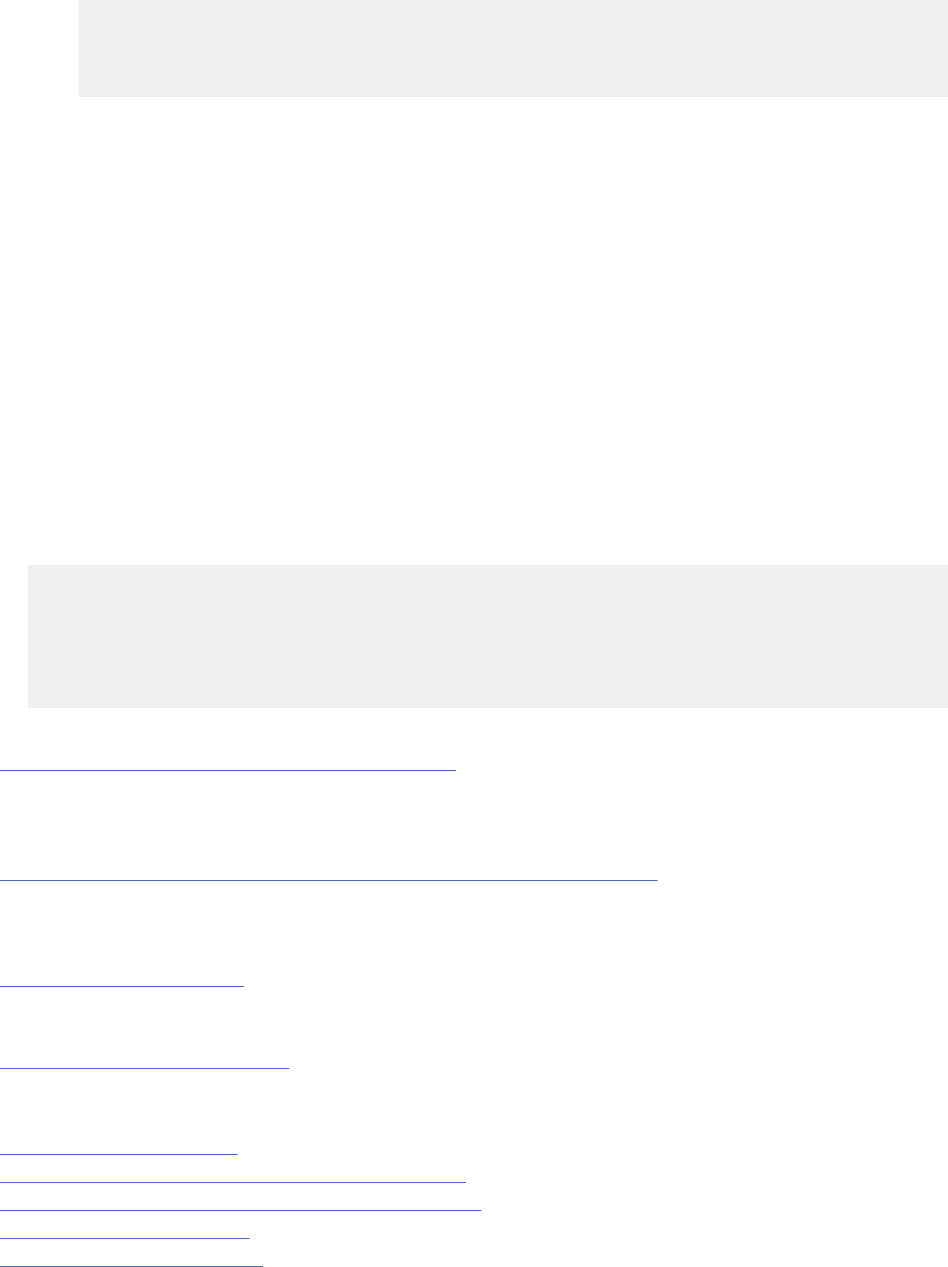
FOR EACH STATEMENT MODE DB2SQL
BEGIN ATOMIC
VALUES(PAYROLL_LOG(USER, 'UPDATE',
CURRENT TIME, CURRENT DATE));
END
]
• To invoke a stored procedure, include a CALL statement in the trigger. The parameters of this stored
procedure call must be constants, transition variables, table locators, or expressions.
If the parameter is a transition variable or table locator, and the CALL statement is in a BEFORE or
AFTER trigger, Db2 returns a warning.
3. To pass transition tables from the trigger to the user-dened function or stored procedure, use table
locators.
When you call a user-dened function or stored procedure from a trigger, you might want to give the
function or procedure access to the entire set of modied rows. In this case, use table locators to pass
a pointer to the old or new transition table.
Most of the code for using a table locator is in the function or stored procedure that receives the
locator.
To pass the transition table from a trigger, specify the parameter TABLE transition-table-name when
you invoke the function or stored procedure. This parameter causes Db2 to pass a table locator for
the transition table to the user-dened function or stored procedure. For example, the following trigger
passes a table locator for a transition table NEWEMPS to stored procedure CHECKEMP:
CREATE TRIGGER EMPRAISE
AFTER UPDATE ON EMP
REFERENCING NEW TABLE AS NEWEMPS
FOR EACH STATEMENT MODE DB2SQL
BEGIN ATOMIC
CALL CHECKEMP(TABLE NEWEMPS);
END
Related concepts
Steps to creating and using a user-dened function
A user-dened function is similar to a host language subprogram or function. However, a user-dened
function is often the better choice for an SQL application because you can invoke it in an SQL statement.
Related tasks
Accessing transition tables in a user-dened function or stored procedure
If you want to refer to the entire set of rows that a triggering SQL statement modies, rather than to
individual rows, use a transition table. You can reference a transition table in user-dened functions and
procedures that are invoked from a trigger.
Creating stored procedures
A stored procedure is executable code that can be called by other programs. The process for creating one
depends on the type of procedure.
Creating a user-dened function
You can extend the SQL functionality of Db2 by adding your own or third party vendor function denitions.
Related reference
CALL statement (Db2 SQL)
CREATE FUNCTION statement (overview) (Db2 SQL)
CREATE PROCEDURE statement (overview) (Db2 SQL)
select-statement (Db2 SQL)
VALUES statement (Db2 SQL)
Chapter 3. Db2 SQL programming
157

Inserting, updating, and deleting data in views by using INSTEAD OF triggers
INSTEAD OF triggers are triggers that execute instead of the INSERT, UPDATE, or DELETE statement that
activates the trigger. You can dene these triggers on views only. Use INSTEAD OF triggers to insert,
update, and delete data in complex views.
About this task
Complex views are those views that are dened on expressions or multiple tables. In some cases, those
views are read only. In these cases, INSTEAD OF triggers make the insert, update and delete operations
possible. If the complex view is not read only, you can request an insert, update, or delete operation.
However, Db2 automatically decides how to perform that operation on the base tables that are referenced
in the view. With INSTEAD OF triggers, you can dene exactly how Db2 is to execute an insert, update, or
delete operation on the view. You no longer leave the decision to Db2.
Procedure
To insert, update, or delete data in a view by using INSTEAD OF triggers:
1. Dene one or more INSTEAD OF triggers on the view by using a CREATE TRIGGER statement.
You can create one trigger for each of the following operations: INSERT, UPDATE, and DELETE. These
triggers dene the action that Db2 is to take for each of these operations.
2. Submit a INSERT, UPDATE, or DELETE statement on the view.
Db2 executes the appropriate INSTEAD OF trigger.
Example
Suppose that you create the following view on the sample tables DSN8C10.EMP and DSN8C10.DEPT:
CREATE VIEW EMPV (EMPNO, FIRSTNME, MIDINIT, LASTNAME, PHONENO, HIREDATE,DEPTNAME)
AS SELECT EMPNO, FIRSTNME, MIDINIT, LASTNAME, PHONENO, HIREDATE, DEPTNAME
FROM DSN8C10.EMP, DSN8C10.DEPT WHERE DSN8C10.EMP.WORKDEPT
= DSN8C10.DEPT.DEPTNO
Suppose that you also dene the following three INSTEAD OF triggers:
CREATE TRIGGER EMPV_INSERT INSTEAD OF INSERT ON EMPV
REFERENCING NEW AS NEWEMP
FOR EACH ROW MODE DB2SQL
INSERT INTO DSN8C10.EMP (EMPNO, FIRSTNME, MIDINIT, LASTNAME, WORKDEPT,
PHONENO, HIREDATE)
VALUES(NEWEMP.EMPNO, NEWEMP.FIRSTNME, NEWEMP.MIDINIT, NEWEMP.LASTNAME,
COALESCE((SELECT D.DEPTNO FROM DSN8C10.DEPT AS D
WHERE D.DEPTNAME = NEWEMP.DEPTNAME),
RAISE_ERROR('70001', 'Unknown department name')),
NEWEMP.PHONENO, NEWEMP.HIREDATE)
CREATE TRIGGER EMPV_UPDATE INSTEAD OF UPDATE ON EMPV
REFERENCING NEW AS NEWEMP OLD AS OLDEMP
FOR EACH ROW MODE DB2SQL
BEGIN ATOMIC
UPDATE DSN8C10.EMP AS E
SET (E.FIRSTNME, E.MIDINIT, E.LASTNAME, E.WORKDEPT, E.PHONENO,
E.HIREDATE)
= (NEWEMP.FIRSTNME, NEWEMP.MIDINIT, NEWEMP.LASTNAME,
COALESCE((SELECT D.DEPTNO FROM DSN8C10.DEPT AS D
WHERE D.DEPTNAME = OLDEMP.DEPTNAME),
RAISE_ERROR ('70001', 'Unknown department name'))
NEWEMP.PHONENO, NEWEMP.HIREDATE)
WHERE NEWEMP.EMPNO = E.EMPNO;
UPDATE DSN8C10.DEPT D SET D.DEPTNAME=NEWEMP.DEPTNAME
WHERE D.DEPTNAME=OLDEMP.DEPTNAME;
END
CREATE TRIGGER EMPV_DELETE INSTEAD OF DELETE ON EMPV
REFERENCING OLD AS OLDEMP
FOR EACH ROW MODE DB2SQL
DELETE FROM DSN8C10.EMP AS E WHERE E.EMPNO = OLDEMP.EMPNO
158
Db2 12 for z/OS: Application Programming and SQL Guide (Last updated: 2024-07-30)
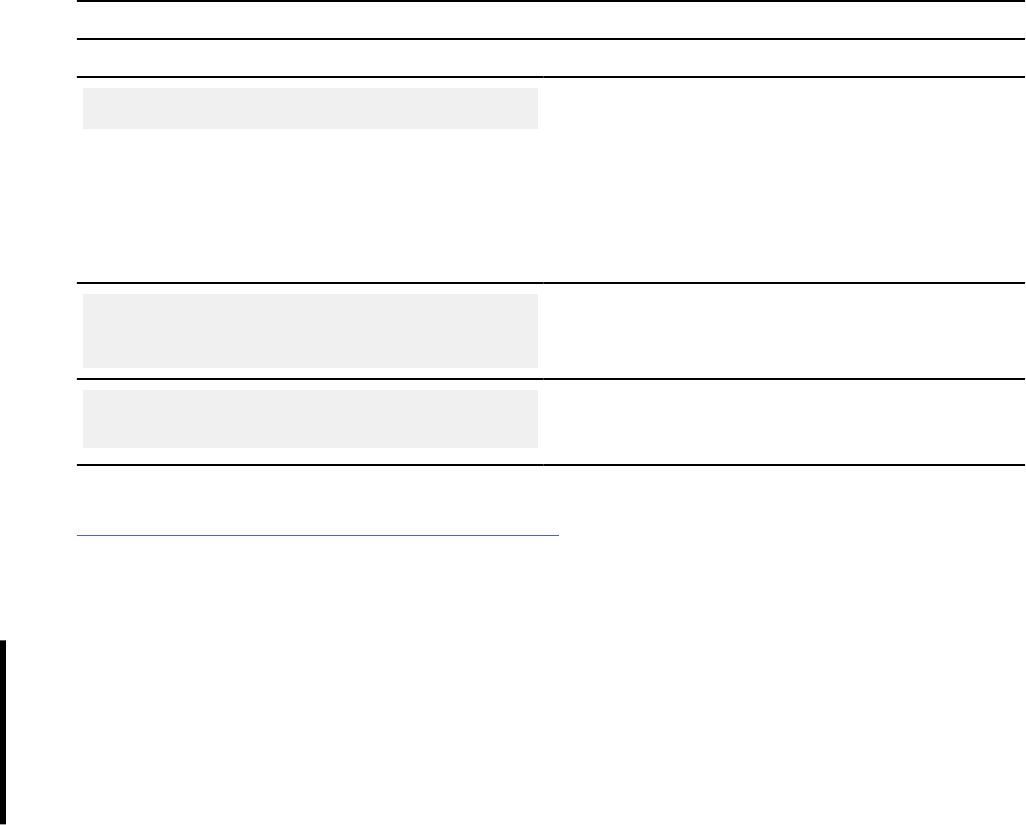
Because the view is on a query with an inner join, the view is read only. However, the INSTEAD OF triggers
makes insert, update, and delete operations possible.
The following table describes what happens for various insert, update, and delete operations on the EMPV
view.
Table 41. Results of INSTEAD OF triggers
SQL statement Result
INSERT INTO EMPV VALUES (...)
The EMPV_INSERT trigger is activated. This trigger
inserts the row into the base table DSN8C10.EMP
if the department name matches a value in the
WORKDEPT column in the DSN8C10.DEPT table.
Otherwise, an error is returned. If a query had been
used instead of a VALUES clause on the INSERT
statement, the trigger body would be processed for
each row from the query.
UPDATE EMPV
SET DEPTNAME='PLANNING & STRATEGY'
WHERE DEPTNAME='PLANNING'
The EMPV_UPDATE trigger is activated. This
trigger updates the DEPTNAME column in the
DSN8C10.DEPT for the any qualifying rows.
DELETE FROM EMPV
WHERE HIREDATE<'1910-01-01'
The EMPV_DELETE trigger is activated. This trigger
deletes the qualifying rows from the DSN8C10.EMP
table.
Related reference
CREATE TRIGGER statement (basic trigger) (Db2 SQL)
Errors encountered in a trigger
An SQL statement in a trigger body may fail during trigger execution, causing an error to occur.
Assuming that no handlers are dened in the trigger, if any SQL statement in the trigger body fails during
trigger execution, Db2 rolls back all changes that are made by the triggering SQL statement and the
triggered SQL statements. However, if the trigger body executes actions that are outside of the control of
Db2, or are not under the same commit coordination as the Db2 subsystem in which the trigger executes,
Db2 cannot undo those actions. Examples of external actions that are not under the control of Db2 are:
• Performing updates that are not under RRS commit control
• Sending an electronic mail message
If the trigger executes external actions that are under the same commit coordination as the Db2
subsystem under which the trigger executes, and an error occurs during trigger execution, Db2 places
the application process that issued the triggering statement in a must-rollback state. The application must
then execute a rollback operation to roll back those external actions. Examples of external actions that
are under the same commit coordination as the triggering SQL operation are:
• Executing a distributed update operation
• From a user-dened function or stored procedure, executing an external action that affects an external
resource manager that is under RRS commit control.
Trigger packages
A trigger package is a special type of package that is created only when you execute a CREATE TRIGGER
statement. A trigger package executes only when the associated trigger is activated.
As with any other package, Db2 marks a trigger package invalid when you drop a table, index, or view
on which the trigger package depends. Db2 executes an automatic rebind the next time the trigger is
activated. However, if the automatic rebind fails, Db2 does not mark the trigger package as inoperative.
Chapter 3. Db2 SQL programming
159

Unlike other packages, a trigger package is freed if you drop the table on which the trigger is dened, so
you can re-create the trigger package only by recreating the table and the trigger.
Db2 supports basic and advanced triggers. You use a different REBIND subcommand for each type.
• For basic trigger packages, use the REBIND TRIGGER PACKAGE subcommand . You can also use
REBIND TRIGGER PACKAGE to change a limited subset of the default bind options that Db2 used when
creating the package. You can identify basic triggers by querying the SYSIBM.SYSTRIGGERS catalog
table. Blank values in the SQLPL column identify basic triggers.
• For advanced trigger packages, use the REBIND PACKAGE subcommand. You can use the ALTER
TRIGGER statement to change the option values with which Db2 originally bound the trigger package.
You can identify advanced triggers by querying the SYSIBM.SYSTRIGGERS catalog table. 'Y' values in
the SQLPL column identify advanced triggers.
If you issue a REBIND PACKAGE command against a package for an advanced trigger, the only bind
options that you can change are EXPLAIN (but EXPLAIN(ONLY) is not accepted), FLAG, PLANMGMT, and
CONCENTRATESTMT. If you try to change other bind options, the command will fail and return message
DSNT215I.
Related reference
REBIND TRIGGER PACKAGE command (DSN) (Db2 Commands)
REBIND PACKAGE subcommand (DSN) (Db2 Commands)
Trigger cascading
When a trigger performs an SQL operation, it might modify the subject table or other tables with triggers,
therefore Db2 also activates those triggers. This situation is called trigger cascading.
A trigger that is activated as the result of another trigger can be activated at the same level as the original
trigger or at a different level. Two triggers, A and B, are activated at different levels if trigger B is activated
after trigger A is activated and completes before trigger A completes. If trigger B is activated after trigger
A is activated and completes after trigger A completes, then the triggers are at the same level.
For example, in these cases, trigger A and trigger B are activated at the same level:
• Table X has two triggers that are dened on it, A and B. A is a before trigger and B is an after trigger. An
update to table X causes both trigger A and trigger B to activate.
• Trigger A updates table X, which has a referential constraint with table Y, which has trigger B dened on
it. The referential constraint causes table Y to be updated, which activates trigger B.
In these cases, trigger A and trigger B are activated at different levels:
• Trigger A is dened on table X, and trigger B is dened on table Y. Trigger B is an update trigger. An
update to table X activates trigger A, which contains an UPDATE statement on table Y in its trigger body.
This UPDATE statement activates trigger B.
• Trigger A calls a stored procedure. The stored procedure contains an INSERT statement for table X,
which has insert trigger B dened on it. When the INSERT statement on table X executes, trigger B is
activated.
When triggers are activated at different levels, it is called trigger cascading. Trigger cascading can occur
only for after triggers because Db2 does not support cascading of before triggers.
To prevent the possibility of endless trigger cascading, Db2 supports only 16 levels of cascading of
triggers, stored procedures, and user-dened functions. If a trigger, user-dened function, or stored
procedure at the 17th level is activated, Db2 returns SQLCODE -724 and backs out all SQL changes in the
16 levels of cascading. However, as with any other SQL error that occurs during trigger execution, if any
action occurs that is outside the control of Db2, that action is not backed out.
You can write a monitor program that issues IFI READS requests to collect Db2 trace information about
the levels of cascading of triggers, user-dened functions, and stored procedures in your programs.
Related tasks
Invoking IFI from a monitor program (Db2 Performance)
160
Db2 12 for z/OS: Application Programming and SQL Guide (Last updated: 2024-07-30)

Activation order of multiple triggers
You can create multiple triggers for the same subject table, event, and activation time. The order in which
those triggers are activated is the order in which the triggers were created.
Db2 records the timestamp when each CREATE TRIGGER statement executes. When an event occurs in a
table that activates more than one trigger, Db2 uses the stored timestamps to determine which trigger to
activate rst.
Db2 always activates all before triggers that are dened on a table before the after triggers that are
dened on that table, but within the set of before triggers, the activation order is by timestamp, and within
the set of after triggers, the activation order is by timestamp.
In this example, triggers NEWHIRE1 and NEWHIRE2 have the same triggering event (INSERT), the same
subject table (EMP), and the same activation time (AFTER). Suppose that the CREATE TRIGGER statement
for NEWHIRE1 is run before the CREATE TRIGGER statement for NEWHIRE2:
CREATE TRIGGER NEWHIRE1
AFTER INSERT ON EMP
FOR EACH ROW MODE DB2SQL
BEGIN ATOMIC
UPDATE COMPANY_STATS SET NBEMP = NBEMP + 1;
END
CREATE TRIGGER NEWHIRE2
AFTER INSERT ON EMP
REFERENCING NEW AS N_EMP
FOR EACH ROW MODE DB2SQL
BEGIN ATOMIC
UPDATE DEPTS SET NBEMP = NBEMP + 1
WHERE DEPT_ID = N_EMP.DEPT_ID;
END
When an insert operation occurs on table EMP, Db2 activates NEWHIRE1 rst because NEWHIRE1 was
created rst. Now suppose that someone drops and re-creates NEWHIRE1. NEWHIRE1 now has a later
timestamp than NEWHIRE2, so the next time an insert operation occurs on EMP, NEWHIRE2 is activated
before NEWHIRE1.
If two row triggers are dened for the same action, the trigger that was created earlier is activated
rst for all affected rows. Then the second trigger is activated for all affected rows. In the previous
example, suppose that an INSERT statement with a fullselect inserts 10 rows into table EMP. NEWHIRE1
is activated for all 10 rows, then NEWHIRE2 is activated for all 10 rows.
Related reference
CREATE TRIGGER statement (advanced trigger) (Db2 SQL)
CREATE TRIGGER statement (basic trigger) (Db2 SQL)
Interactions between triggers and referential constraints
When you create triggers, you need to understand the interactions among the triggers and constraints on
your tables. You also need to understand the effect that the order of processing of those constraints and
triggers can have on the results.
In general, the following steps occur when triggering SQL statement S1 performs an insert, update, or
delete operation on table T1:
1. Db2 determines the rows of T1 to modify. Call that set of rows M1. The contents of M1 depend on the
SQL operation:
• For a delete operation, all rows that satisfy the search condition of the statement for a searched
delete operation, or the current row for a positioned delete operation
• For an insert operation, the row identied by the VALUES statement, or the rows identied by the
result table of a SELECT clause within the INSERT statement
• For an update operation, all rows that satisfy the search condition of the statement for a searched
update operation, or the current row for a positioned update operation
Chapter 3. Db2 SQL programming
161

2. Db2 processes all before triggers that are dened on T1, in order of creation.
Each before trigger executes the triggered action once for each row in M1. If M1 is empty, the triggered
action does not execute.
If an error occurs when the triggered action executes, Db2 rolls back all changes that are made by S1.
3. Db2 makes the changes that are specied in statement S1 to table T1, unless an INSTEAD OF trigger
is dened for that action. If an appropriate INSTEAD OF trigger is dened, Db2 executes the trigger
instead of the statement and skips the remaining steps in this list.
If an error occurs, Db2 rolls back all changes that are made by S1.
4. If M1 is not empty, Db2 applies all the following constraints and checks that are dened on table T1:
• Referential constraints
• Check constraints
• Checks that are due to updates of the table through views dened WITH CHECK OPTION
Application of referential constraints with rules of DELETE CASCADE or DELETE SET NULL are activated
before delete triggers or before update triggers on the dependent tables.
If any constraint is violated, Db2 rolls back all changes that are made by constraint actions or by
statement S1.
5. Db2 processes all after triggers that are dened on T1, and all after triggers on tables that are modied
as the result of referential constraint actions, in order of creation.
Each after row trigger executes the triggered action once for each row in M1. If M1 is empty, the
triggered action does not execute.
Each after statement trigger executes the triggered action once for each execution of S1, even if M1 is
empty.
If any triggered actions contain SQL insert, update, or delete operations, Db2 repeats steps 1 through 5
for each operation.
If an error occurs when the triggered action executes, or if a triggered action is at the 17th level of trigger
cascading, Db2 rolls back all changes that are made in step 5 and all previous steps.
For example, table DEPT is a parent table of EMP, with these conditions:
• The DEPTNO column of DEPT is the primary key.
• The WORKDEPT column of EMP is the foreign key.
• The constraint is ON DELETE SET NULL.
Suppose the following trigger is dened on EMP:
CREATE TRIGGER EMPRAISE
AFTER UPDATE ON EMP
REFERENCING NEW TABLE AS NEWEMPS
FOR EACH STATEMENT MODE DB2SQL
BEGIN ATOMIC
VALUES(CHECKEMP(TABLE NEWEMPS));
END
Also suppose that an SQL statement deletes the row with department number E21 from DEPT. Because
of the constraint, Db2 nds the rows in EMP with a WORKDEPT value of E21 and sets WORKDEPT in
those rows to null. This is equivalent to an update operation on EMP, which has update trigger EMPRAISE.
Therefore, because EMPRAISE is an after trigger, EMPRAISE is activated after the constraint action sets
WORKDEPT values to null.
162
Db2 12 for z/OS: Application Programming and SQL Guide (Last updated: 2024-07-30)
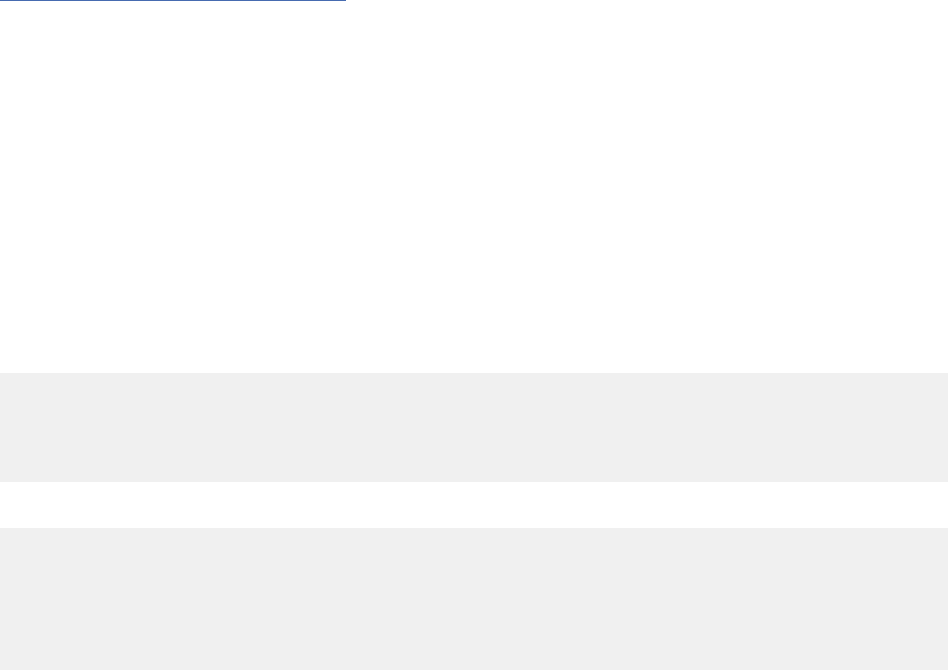
Interactions between triggers and tables that have multilevel security with
row-level granularity
A BEFORE trigger affects the value of the transition variable that is associated with a security label
column.
If a subject table has a security label column, the column in the transition table or transition variable that
corresponds to the security label column in the subject table does not inherit the security label attribute.
This means that the multilevel security check with row-level granularity is not enforced for the transition
table or the transition variable. If you add a security label column to a subject table using the ALTER
TABLE statement, the rules are the same as when you add any column to a subject table because the
column in the transition table or the transition variable that corresponds to the security label column does
not inherit the security label attribute.
If the ID you are using does not have write-down privilege and you execute an insert or update operation,
the security label value of your ID is assigned to the security label column for the rows that you are
inserting or updating.
When a BEFORE trigger is activated, the value of the transition variable that corresponds to the security
label column is the security label of the ID if either of the following conditions is true:
• The user does not have write-down privilege
• The value for the security label column is not specied
If the user does not have write-down privilege, and the trigger changes the transition variable that
corresponds to the security label column, the value of the security label column is changed back to the
security label value of the user before the row is written to the page.
Related concepts
Multilevel security (Managing Security)
Triggers that return inconsistent results
When you create triggers and write SQL statements that activate those triggers, you need to ensure that
executing those statements always produces the same results.
Two common reasons that you can get inconsistent results are:
• Positioned UPDATE or DELETE statements that use uncorrelated subqueries cause triggers to operate
on a larger result table than you intended.
• Db2 does not always process rows in the same order, so triggers that propagate rows of a table can
generate different result tables at different times.
The following examples demonstrate these situations.
Example: Effect of an uncorrelated subquery on a triggered action: Suppose that tables T1 and T2 look
like this:
Table T1 Table T2
A1 B1
== ==
1 1
2 2
The following trigger is dened on T1:
CREATE TRIGGER TR1
AFTER UPDATE OF T1
FOR EACH ROW
MODE DB2SQL
BEGIN ATOMIC
DELETE FROM T2 WHERE B1 = 2;
END
Now suppose that an application executes the following statements to perform a positioned update
operation:
Chapter 3. Db2 SQL programming
163
EXEC SQL BEGIN DECLARE SECTION;
long hv1;
EXEC SQL END DECLARE SECTION;
⋮
EXEC SQL DECLARE C1 CURSOR FOR
SELECT A1 FROM T1
WHERE A1 IN (SELECT B1 FROM T2)
FOR UPDATE OF A1;
⋮
EXEC SQL OPEN C1;
⋮
while(SQLCODE>=0 && SQLCODE!=100)
{
EXEC SQL FETCH C1 INTO :hv1;
UPDATE T1 SET A1=5 WHERE CURRENT OF C1;
}
When Db2 executes the FETCH statement that positions cursor C1 for the rst time, Db2 evaluates the
subselect, SELECT B1 FROM T2, to produce a result table that contains the two rows of column T2:
1
2
When Db2 executes the positioned UPDATE statement for the rst time, trigger TR1 is activated. When
the body of trigger TR1 executes, the row with value 2 is deleted from T2. However, because SELECT B1
FROM T2 is evaluated only once, when the FETCH statement is executed again, Db2 nds the second row
of T1, even though the second row of T2 was deleted. The FETCH statement positions the cursor to the
second row of T1, and the second row of T1 is updated. The update operation causes the trigger to be
activated again, which causes Db2 to attempt to delete the second row of T2, even though that row was
already deleted.
To avoid processing of the second row after it should have been deleted, use a correlated subquery in the
cursor declaration:
DCL C1 CURSOR FOR
SELECT A1 FROM T1 X
WHERE EXISTS (SELECT B1 FROM T2 WHERE X.A1 = B1)
FOR UPDATE OF A1;
In this case, the subquery, SELECT B1 FROM T2 WHERE X.A1 = B1, is evaluated for each FETCH
statement. The rst time that the FETCH statement executes, it positions the cursor to the rst row of T1.
The positioned UPDATE operation activates the trigger, which deletes the second row of T2. Therefore,
when the FETCH statement executes again, no row is selected, so no update operation or triggered action
occurs.
Example: Effect of row processing order on a triggered action: The following example shows how the
order of processing rows can change the outcome of an after row trigger.
Suppose that tables T1, T2, and T3 look like this:
Table T1 Table T2 Table T3
A1 B1 C1
== == ==
1 (empty) (empty)
2
The following trigger is dened on T1:
CREATE TRIGGER TR1
AFTER UPDATE ON T1
REFERENCING NEW AS N
FOR EACH ROW
MODE DB2SQL
BEGIN ATOMIC
INSERT INTO T2 VALUES(N.C1);
INSERT INTO T3 (SELECT B1 FROM T2);
END
Now suppose that a program executes the following UPDATE statement:
164
Db2 12 for z/OS: Application Programming and SQL Guide (Last updated: 2024-07-30)

UPDATE T1 SET A1 = A1 + 1;
The contents of tables T2 and T3 after the UPDATE statement executes depend on the order in which Db2
updates the rows of T1.
If Db2 updates the rst row of T1 rst, after the UPDATE statement and the trigger execute for the rst
time, the values in the three tables are:
Table T1 Table T2 Table T3
A1 B1 C1
== == ==
2 2 2
2
After the second row of T1 is updated, the values in the three tables are:
Table T1 Table T2 Table T3
A1 B1 C1
== == ==
2 2 2
3 3 2
3
However, if Db2 updates the second row of T1 rst, after the UPDATE statement and the trigger execute
for the rst time, the values in the three tables are:
Table T1 Table T2 Table T3
A1 B1 C1
== == ==
1 3 3
3
After the rst row of T1 is updated, the values in the three tables are:
Table T1 Table T2 Table T3
A1 B1 C1
== == ==
2 3 3
3 2 3
2
Converting existing triggers to support advanced capabilities
You can convert existing basic triggers to take advantage of advanced capabilities, including support for
more SQL statements, including SQL PL in the trigger body, support for more variable types, and other
advantages.
Before you begin
Advanced triggers are supported at application compatibility level V12R1M500 or higher.
You can identify basic triggers by querying the SYSIBM.SYSTRIGGERS catalog table. Blank values in the
SQLPL column identify basic triggers.
About this task
Advanced triggers offer the following advantages over basic triggers:
• In the trigger denition, an advanced trigger can:
– Include more types of SQL statements, including SQL PL control statements, dynamic SQL
statements, and SQL comments.
– Dene and reference more types of variables, including SQL variables and global variables.
– Explicitly specify bind options.
– Dene multiple versions of the trigger.
Chapter 3. Db2 SQL programming
165

• All transition variables are nullable.
• ALTER TRIGGER statements can change options, and change or regenerate the trigger body.
• The OR REPLACE clause can be used in CREATE TRIGGER (advanced) statements. It enables the use of
a single CREATE statement to either dene a new trigger or trigger version, or update an existing trigger
or trigger version if it already exists.
For more information about the differences between basic and advanced triggers, see Triggers
(Introduction to Db2 for z/OS).
Procedure
To change an existing basic trigger into an advanced trigger, complete the following steps:
1. Modify the original CREATE TRIGGER statement into a CREATE TRIGGER (advanced) statement by
removing any of the following items:
• The MODE DB2SQL clause. Db2 attempts to creates a basic trigger if that clause is included.
• Stand-alone fullselect or VALUES statements. You can use SELECT INTO statement or VALUES INTO
statements instead.
2. Use one of the following approaches to convert to the new advanced trigger denition:
• Issue the modied CREATE TRIGGER (advanced) statement with the OR REPLACE clause.
• Issue a DROP statement for the original trigger and then issue the new CREATE TRIGGER
statement.
The existing trigger is effectively dropped, and an advanced trigger is dened. If multiple triggers are
dened on the associated table, the trigger activation order changes.
What to do next
If multiple triggers are dened on the associated table, you might need to restore the original the
activation order of the triggers. To do that, you must drop and re-create any triggers that were created
after the converted trigger was originally created, in the same order that they were originally created. For
more information about the activation order of multiple triggers, see “Activation order of multiple triggers”
on page 161.
Related reference
DROP statement (Db2 SQL)
CREATE TRIGGER statement (advanced trigger) (Db2 SQL)
SYSTRIGGERS catalog table (Db2 SQL)
Sequence objects
A sequence is a user-dened object that generates a sequence of numeric values according to the
specication with which the sequence was created. Sequences, unlike identity columns, are not
associated with tables. Applications refer to a sequence object to get its current or next value.
The sequence of numeric values is generated in a monotonically ascending or descending order. The
relationship between sequences and tables is controlled by the application, not by Db2.
Your application can reference a sequence object and coordinate the value as keys across multiple rows
and tables. However, a table column that gets its values from a sequence object does not necessarily
have unique values in that column. Even if the sequence object has been dened with the NO CYCLE
clause, some other application might insert values into that table column other than values you obtain by
referencing that sequence object.
Db2 always generates sequence numbers in order of request. However, in a data sharing group where the
sequence values are cached by multiple Db2 members simultaneously, the sequence value assignments
might not be in numeric order. Additionally, you might have gaps in sequence number values for the
following reasons:
166
Db2 12 for z/OS: Application Programming and SQL Guide (Last updated: 2024-07-30)
• If Db2 terminates abnormally before it assigns all the cached values
• If your application rolls back a transaction that increments the sequence
• If the statement containing NEXT VALUE fails after it increments the sequence
You create a sequence object with the CREATE SEQUENCE statement, alter it with the ALTER SEQUENCE
statement, and drop it with the DROP SEQUENCE statement. You grant access to a sequence with
the GRANT (privilege) ON SEQUENCE statement, and revoke access to the sequence with the REVOKE
(privilege) ON SEQUENCE statement.
The values that Db2 generates for a sequence depend on how the sequence is created. The START WITH
option determines the rst value that Db2 generates. The values advance by the INCREMENT BY value in
ascending or descending order.
The MINVALUE and MAXVALUE options determine the minimum and maximum values that Db2
generates. The CYCLE or NO CYCLE option determines whether Db2 wraps the generated values when it
reaches the maximum value for an ascending sequence or the minimum value in a descending sequence.
Keys across multiple tables: You can use the same sequence number as a key value in two separate
tables by rst generating the sequence value with a NEXT VALUE expression to insert the rst row in the
rst table. You can then reference this same sequence value with a PREVIOUS VALUE expression to insert
the other rows in the second table.
Example: Suppose that an ORDERS table and an ORDER_ITEMS table are dened in the following way:
CREATE TABLE ORDERS
(ORDERNO INTEGER NOT NULL,
ORDER_DATE DATE DEFAULT,
CUSTNO SMALLINT
PRIMARY KEY (ORDERNO));
CREATE TABLE ORDER_ITEMS
(ORDERNO INTEGER NOT NULL,
PARTNO INTEGER NOT NULL,
QUANTITY SMALLINT NOT NULL,
PRIMARY KEY (ORDERNO,PARTNO),
CONSTRAINT REF_ORDERNO FOREIGN KEY (ORDERNO)
REFERENCES ORDERS (ORDERNO) ON DELETE CASCADE);
You create a sequence named ORDER_SEQ to use as key values for both the ORDERS and ORDER_ITEMS
tables:
CREATE SEQUENCE ORDER_SEQ AS INTEGER
START WITH 1
INCREMENT BY 1
NO MAXVALUE
NO CYCLE
CACHE 20;
You can then use the same sequence number as a primary key value for the ORDERS table and as part of
the primary key value for the ORDER_ITEMS table:
INSERT INTO ORDERS (ORDERNO, CUSTNO)
VALUES (NEXT VALUE FOR ORDER_SEQ, 12345);
INSERT INTO ORDER_ITEMS (ORDERNO, PARTNO, QUANTITY)
VALUES (PREVIOUS VALUE FOR ORDER_SEQ, 987654, 2);
The NEXT VALUE expression in the rst INSERT statement generates a sequence number value for
the sequence object ORDER_SEQ. The PREVIOUS VALUE expression in the second INSERT statement
retrieves that same value because it was the sequence number most recently generated for that
sequence object within the current application process.
Chapter 3. Db2 SQL programming
167

Db2 object relational extensions
With the object extensions of Db2, you can incorporate object-oriented concepts and methodologies into
your relational database by extending Db2 with richer sets of data types and functions.
With those extensions, you can store instances of object-oriented data types in columns of tables and
operate on them using functions in SQL statements. In addition, you can control the types of operations
that users can perform on those data types.
The object extensions that Db2 provides are:
• Large objects (LOBs)
The VARCHAR, VARGRAPHIC, and VARBINARY data types have a storage limit of 32 KB. Although this
might be sufcient for small- to medium-size text data, applications often need to store large text
documents. They might also need to store a wide variety of additional data types such as audio, video,
drawings, mixed text and graphics, and images. Db2 provides three data types to store these data
objects as strings of up to 2 GB - 1 in size. The three data types are binary large objects (BLOBs),
character large objects (CLOBs), and double-byte character large objects (DBCLOBs).
For a detailed discussion of LOBs, see “Storing LOB data in Db2 tables” on page 121
and Large objects
(LOBs) (Db2 SQL).
• Distinct types
A distinct type is a user-dened data type that shares its internal representation with a built-in data
type but is considered to be a separate and incompatible type for semantic purposes. For example, you
might want to dene a picture type or an audio type, both of which have quite different semantics, but
which use the built-in data type BLOB for their internal representation.
For a detailed discussion of distinct types, see “Distinct types” on page 169.
• User-dened functions
The built-in functions that are supplied with Db2 are a useful set of functions, but they might not satisfy
all of your requirements. For those cases, you can use user-dened functions. For example, a built-in
function might perform a calculation you need, but the function does not accept the distinct types
you want to pass to it. You can then dene a function based on a built-in function, called a sourced
user-dened function, that accepts your distinct types. You might need to perform another calculation
in your SQL statements for which no built-in function exists. In that situation, you can dene and write
an SQL function or an external function.
For a detailed discussion of user-dened functions, see “Steps to creating and using a user-dened
function” on page 183.
Creating a distinct type
Distinct types are useful when you want Db2 to handle certain data differently than other data of the same
data type. For example, even though all currencies can be declared as type DECIMAL, you do not want
euros to be compared to Japanese yen.
Procedure
Issue the CREATE DISTINCT TYPE statement.
For example, you can create distinct types for euros and yen by issuing the following SQL statements:
CREATE DISTINCT TYPE EURO AS DECIMAL(9,2);
CREATE DISTINCT TYPE JAPANESE_YEN AS DECIMAL(9,2);
Related reference
CREATE TYPE statement (distinct type) (Db2 SQL)
168
Db2 12 for z/OS: Application Programming and SQL Guide (Last updated: 2024-07-30)
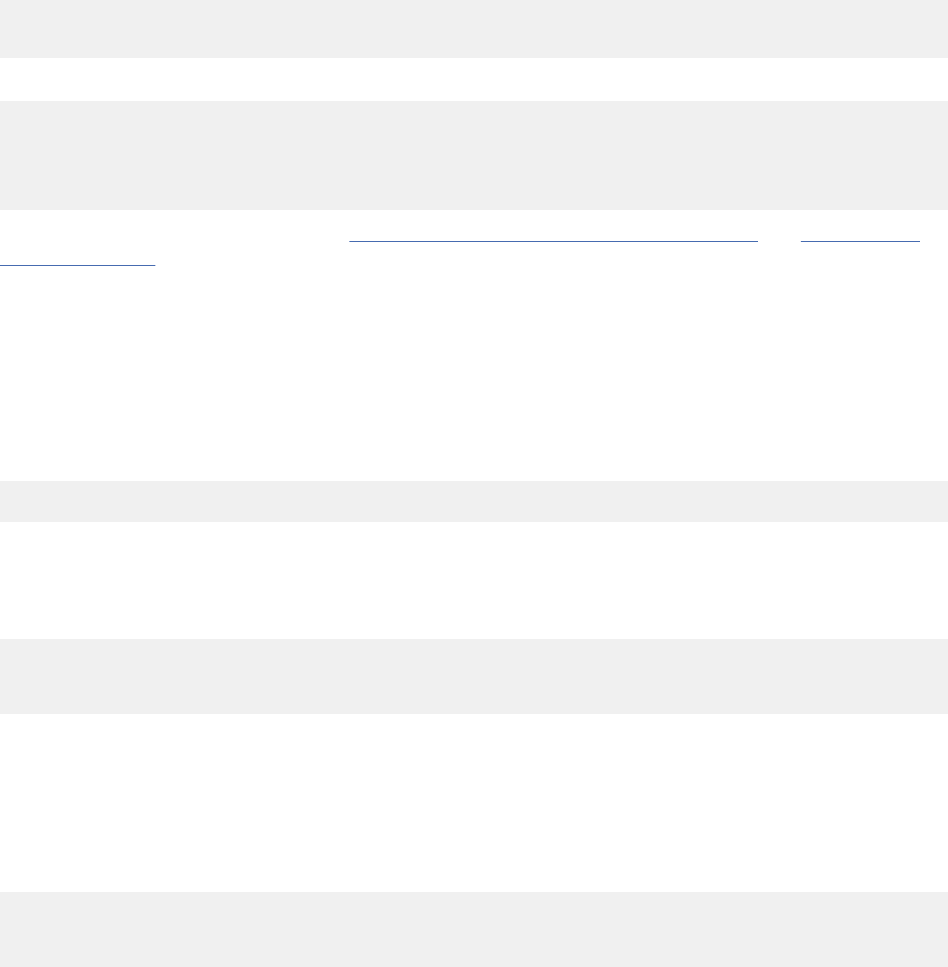
Distinct types
A distinct type is a user-dened data type that shares its internal representation with a built-in data type
(its source type), but is considered to be a separate and incompatible data type for most operations.
Each distinct type has the same internal representation as a built-in data type.
Suppose you want to dene some audio and video data in a Db2 table. You can dene columns for both
types of data as BLOB, but you might want to use a data type that more specically describes the data.
To do that, dene distinct types. You can then use those types when you dene columns in a table or
manipulate the data in those columns. For example, you can dene distinct types for the audio and video
data like this:
CREATE DISTINCT TYPE AUDIO AS BLOB (1M);
CREATE DISTINCT TYPE VIDEO AS BLOB (1M);
Then, your CREATE TABLE statement might look like this:
CREATE TABLE VIDEO_CATALOG;
(VIDEO_NUMBER CHAR(6) NOT NULL,
VIDEO_SOUND AUDIO,
VIDEO_PICS VIDEO,
ROW_ID ROWID NOT NULL GENERATED ALWAYS);
For more information on LOB data, see “Storing LOB data in Db2 tables” on page 121 and Large objects
(LOBs) (Db2 SQL).
After you dene distinct types and columns of those types, you can use those data types in the same way
you use built-in types. You can use the data types in assignments, comparisons, function invocations, and
stored procedure calls. However, when you assign one column value to another or compare two column
values, those values must be of the same distinct type. For example, you must assign a column value of
type VIDEO to a column of type VIDEO, and you can compare a column value of type AUDIO only to a
column of type AUDIO. When you assign a host variable value to a column with a distinct type, you can
use any host data type that is compatible with the source data type of the distinct type. For example, to
receive an AUDIO or VIDEO value, you can dene a host variable like this:
SQL TYPE IS BLOB (1M) HVAV;
When you use a distinct type as an argument to a function, a version of that function that accepts
that distinct type must exist. For example, if function SIZE takes a BLOB type as input, you cannot
automatically use a value of type AUDIO as input. However, you can create a sourced user-dened
function that takes the AUDIO type as input. For example:
CREATE FUNCTION SIZE(AUDIO)
RETURNS INTEGER
SOURCE SIZE(BLOB(1M));
Using distinct types in application programs: The main reason to use distinct types is because
Db2 enforces strong typing for distinct types. Strong typing ensures that only functions, procedures,
comparisons, and assignments that are dened for a data type can be used.
For example, if you have dened a user-dened function to convert U.S. dollars to euro currency, you do
not want anyone to use this same user-dened function to convert Japanese yen to euros because the
U.S. dollars to euros function returns the wrong amount. Suppose you dene three distinct types:
CREATE DISTINCT TYPE US_DOLLAR AS DECIMAL(9,2);
CREATE DISTINCT TYPE EURO AS DECIMAL(9,2);
CREATE DISTINCT TYPE JAPANESE_YEN AS DECIMAL(9,2);
If a conversion function is dened that takes an input parameter of type US_DOLLAR as input, Db2 returns
an error if you try to execute the function with an input parameter of type JAPANESE_YEN.
Chapter 3. Db2 SQL programming
169
Example of distinct types, user-dened functions, and LOBs
You can create and use a distinct type based on a LOB data type.
The example in this topic demonstrates the following concepts:
• Creating a distinct type based on a LOB data type
• Dening a user-dened function with a distinct type as an argument
• Creating a table with a distinct type column that is based on a LOB type
• Dening a LOB table space, auxiliary table, and auxiliary index
• Inserting data from a host variable into a distinct type column based on a LOB column
• Executing a query that contains a user-dened function invocation
• Casting a LOB locator to the input data type of a user-dened function
Suppose that you keep electronic mail documents that are sent to your company in a Db2 table. The Db2
data type of an electronic mail document is a CLOB, but you dene it as a distinct type so that you can
control the types of operations that are performed on the electronic mail. The distinct type is dened like
this:
CREATE DISTINCT TYPE E_MAIL AS CLOB(5M);
You have also dened and written user-dened functions to search for and return the following
information about an electronic mail document:
• Subject
• Sender
• Date sent
• Message content
• Indicator of whether the document contains a user-specied string
The user-dened function denitions look like this:
CREATE FUNCTION SUBJECT(E_MAIL)
RETURNS VARCHAR(200)
EXTERNAL NAME 'SUBJECT'
LANGUAGE C
PARAMETER STYLE SQL
NO SQL
DETERMINISTIC
NO EXTERNAL ACTION;
CREATE FUNCTION SENDER(E_MAIL)
RETURNS VARCHAR(200)
EXTERNAL NAME 'SENDER'
LANGUAGE C
PARAMETER STYLE SQL
NO SQL
DETERMINISTIC
NO EXTERNAL ACTION;
CREATE FUNCTION SENDING_DATE(E_MAIL)
RETURNS DATE
EXTERNAL NAME 'SENDDATE'
LANGUAGE C
PARAMETER STYLE SQL
NO SQL
DETERMINISTIC
NO EXTERNAL ACTION;
CREATE FUNCTION CONTENTS(E_MAIL)
RETURNS CLOB(1M)
EXTERNAL NAME 'CONTENTS'
LANGUAGE C
PARAMETER STYLE SQL
NO SQL
170
Db2 12 for z/OS: Application Programming and SQL Guide (Last updated: 2024-07-30)
DETERMINISTIC
NO EXTERNAL ACTION;
CREATE FUNCTION CONTAINS(E_MAIL, VARCHAR (200))
RETURNS INTEGER
EXTERNAL NAME 'CONTAINS'
LANGUAGE C
PARAMETER STYLE SQL
NO SQL
DETERMINISTIC
NO EXTERNAL ACTION;
The table that contains the electronic mail documents is dened like this:
CREATE TABLE DOCUMENTS
(LAST_UPDATE_TIME TIMESTAMP,
DOC_ROWID ROWID NOT NULL GENERATED ALWAYS,
A_DOCUMENT E_MAIL);
Because the table contains a column with a source data type of CLOB, the table requires an associated
LOB table space, auxiliary table, and index on the auxiliary table. Use statements like this to dene the
LOB table space, the auxiliary table, and the index:
CREATE LOB TABLESPACE DOCTSLOB
LOG YES
GBPCACHE SYSTEM;
CREATE AUX TABLE DOCAUX_TABLE
IN DOCTSLOB
STORES DOCUMENTS COLUMN A_DOCUMENT;
CREATE INDEX A_IX_DOC ON DOCAUX_TABLE;
To populate the document table, you write code that executes an INSERT statement to put the rst part
of a document in the table, and then executes multiple UPDATE statements to concatenate the remaining
parts of the document. For example:
EXEC SQL BEGIN DECLARE SECTION;
char hv_current_time[26];
SQL TYPE IS CLOB (1M) hv_doc;
EXEC SQL END DECLARE SECTION;
/* Determine the current time and put this value */
/* into host variable hv_current_time. */
/* Read up to 1 MB of document data from a file */
/* into host variable hv_doc. */
⋮
/* Insert the time value and the first 1 MB of */
/* document data into the table. */
EXEC SQL INSERT INTO DOCUMENTS
VALUES(:hv_current_time, DEFAULT, E_MAIL(:hv_doc));
/* Although there is more document data in the */
/* file, read up to 1 MB more of data, and then */
/* use an UPDATE statement like this one to */
/* concatenate the data in the host variable */
/* to the existing data in the table. */
EXEC SQL UPDATE DOCUMENTS
SET A_DOCUMENT = A_DOCUMENT || E_MAIL(:hv_doc)
WHERE LAST_UPDATE_TIME = :hv_current_time;
Now that the data is in the table, you can execute queries to learn more about the documents. For
example, you can execute this query to determine which documents contain the word "performance":
SELECT SENDER(A_DOCUMENT), SENDING_DATE(A_DOCUMENT),
SUBJECT(A_DOCUMENT)
FROM DOCUMENTS
WHERE CONTAINS(A_DOCUMENT,'performance') = 1;
Because the electronic mail documents can be very large, you might want to use LOB locators to
manipulate the document data instead of fetching all of a document into a host variable. You can use
a LOB locator on any distinct type that is dened on one of the LOB types. The following example shows
Chapter 3. Db2 SQL programming
171

how you can cast a LOB locator as a distinct type, and then use the result in a user-dened function that
takes a distinct type as an argument:
EXEC SQL BEGIN DECLARE SECTION
long hv_len;
char hv_subject[200];
SQL TYPE IS CLOB_LOCATOR hv_email_locator;
EXEC SQL END DECLARE SECTION
⋮
/* Select a document into a CLOB locator. */
EXEC SQL SELECT A_DOCUMENT, SUBJECT(A_DOCUMENT)
INTO :hv_email_locator, :hv_subject
FROM DOCUMENTS
WHERE LAST_UPDATE_TIME = :hv_current_time;
⋮
/* Extract the subject from the document. The */
/* SUBJECT function takes an argument of type */
/* E_MAIL, so cast the CLOB locator as E_MAIL. */
EXEC SQL SET :hv_subject =
SUBJECT(CAST(:hv_email_locator AS E_MAIL));
⋮
Arrays in SQL statements
An array is an ordered set of elements of a single built-in data type. An array can have an associated
user-dened array type, or it can be the result of an SQL operation that returns an array value without an
associated user-dened array type.
Arrays can be ordinary arrays and associative arrays.
Ordinary arrays have a user-dened upper bound. Elements in the array can be accessed and modied
by their index value. Array elements are referenced in SQL statements by using one-based indexing; for
example, MYARRAY[1], MYARRAY[2], and so on.
Associative arrays have no upper bound. Associative arrays contain an ordered set of zero or more
elements, where each element in the array is ordered by and can be referenced by an associated index
value. The data type of the index values can be an integer or a character string, but all index values for the
array have the same data type.
Arrays can be used only in the following contexts:
• Parameters to SQL functions
• RETURN data types from SQL functions
• Parameters to SQL procedures
• SQL variables that are declared in SQL functions
• SQL variables that are declared in SQL procedures
You can create an array by creating an array type, and then dening an array variable of that type. For
example:
-- CREATE ORDINARY ARRAY TYPE INTARRAY
CREATE TYPE INTARRAY AS INTEGER ARRAY[100];
-- IN AN SQL PROCEDURE, DEFINE ARRAY INTA OF THE INTARRAY TYPE
DECLARE INTA INTARRAY;
-- CREATE ASSOCIATIVE ARRAY TYPE CHARARRAY
CREATE TYPE CHARARRAY AS CHAR(10) ARRAY[VARCHAR(10)];
-- IN AN SQL PROCEDURE, DEFINE ARRAY CHARA OF THE CHARARRAY TYPE
DECLARE CHARA CHARARRAY;
You cannot retrieve the contents of a column directly into an array. You need to use the ARRAY_AGG
function to create an array that is the intermediate result of a SELECT statement, and then retrieve the
contents of that array into an SQL array variable or parameter. For example:
-- INTB IS AN OUT PARAMETER OF ORDINARY ARRAY TYPE INTARRAY.
-- COL2 IS AN INTEGER COLUMN.
-- ARRAY_AGG RETRIEVES THE VALUES FROM COL2, AND PUTS THEM INTO AN ARRAY.
SELECT ARRAY_AGG(COL2) INTO INTB FROM TABLE1;
172
Db2 12 for z/OS: Application Programming and SQL Guide (Last updated: 2024-07-30)
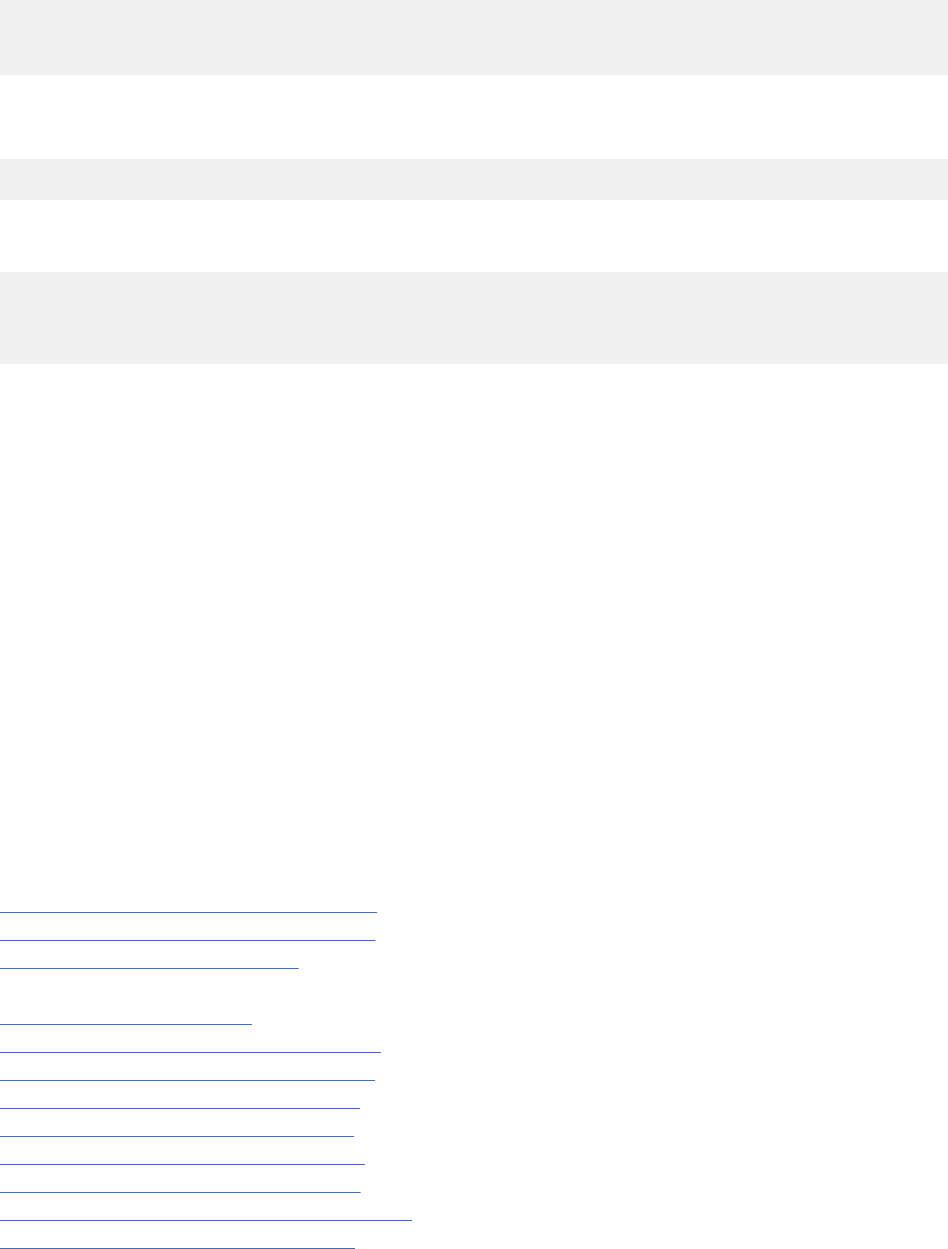
You can retrieve data from an array by using the UNNEST specication to assign array elements to an
intermediate result table. For example:
-- IDS AND NAMES ARE ARRAYS OF TYPE INTARRAY.
INSERT INTO PERSONS(ID, NAME)
(SELECT T.I, T.N FROM UNNEST(IDS, NAMES) AS T(I, N));
To populate arrays, you use array constructors.
For example, this statement populates an ordinary array:
SET CHARA = ARRAY['1','2','3','4','5','6'];
For example, these statements populate an associative array, which must be populated one element at a
time:
SET CANADACAPITALS['Alberta'] = 'Edmonton';
SET CANADACAPITALS['Manitoba'] = 'Winnipeg';
SET CANADACAPITALS['Ontario'] = 'Toronto';
SET CANADACAPITALS['Nova Scotia'] = 'Halifax';
A number of built-in functions are available for manipulating arrays. They are:
ARRAY_DELETE
Deletes elements from an array.
ARRAY_FIRST
Returns the minimum array index value of an array.
ARRAY_LAST
Returns the maximum array index value of an array.
ARRAY_NEXT
Returns the next larger array index value, relative to a specied array index value.
ARRAY_PRIOR
Returns the next smaller array index value, relative to a specied array index value.
CARDINALITY
Returns the number of elements in an array.
MAX_CARDINALITY
Returns the maximum number of elements that an array can contain.
TRIM_ARRAY
Deletes elements from the end of an ordinary array.
Related concepts
User-dened type comparisons (Db2 SQL)
User-dened type assignments (Db2 SQL)
Array types and values (Db2 SQL)
Related reference
Array constructor (Db2 SQL)
ARRAY_AGG aggregate function (Db2 SQL)
ARRAY_DELETE scalar function (Db2 SQL)
ARRAY_FIRST scalar function (Db2 SQL)
ARRAY_NEXT scalar function (Db2 SQL)
ARRAY_PRIOR scalar function (Db2 SQL)
CARDINALITY scalar function (Db2 SQL)
MAX_CARDINALITY scalar function (Db2 SQL)
TRIM_ARRAY scalar function (Db2 SQL)
Chapter 3. Db2 SQL programming
173

Example of using arrays in an SQL procedure
An example demonstrates many of the ways that you can use arrays in a native SQL procedure.
The example demonstrates how to:
• Create an associative array type.
• Create an ordinary array type.
• Create a stored procedure with arrays as parameters.
• Dene arrays as SQL variables.
• Use the ARRAY_AGG built-in function in a cursor declaration, to assign the rows of a single-column
result table to elements of an array. Use the cursor to retrieve the array into an SQL out parameter.
• Use an array constructor to initialize an array.
• Assign a constant or an expression to an array element.
• Use the UNNEST specication to generate the intermediate result table from an array for a subselect
within an INSERT statement.
• Use the ARRAY_AGG built-in function to assign the rows of a single column result table to elements of
an array, and then assign that array to an array SQL OUT parameter.
• Use the CARDINALITY built-in function to determine how many times to execute a WHILE loop.
• Use a parameter marker for an array variable and an array index in the WHERE clause of a SELECT
statement.
• Use the ARRAY_AGG built-in function in the SELECT list of a SELECT INTO statement, and assign the
resulting array to an array SQL OUT parameter.
• Update column values with array elements.
In this example, the pound sign (#) is used as the SQL terminator character.
--
-- CREATE ASSOCIATIVE ARRAY TYPES
--
CREATE TYPE CHARARRAY AS CHAR(10) ARRAY[VARCHAR(3)]#
CREATE TYPE BIGINTARRAY AS BIGINT ARRAY[INTEGER]#
--
-- CREATE ORDINARY ARRAY TYPES
--
CREATE TYPE INTARRAY AS INTEGER ARRAY[100]#
CREATE TYPE STRINGARRAY AS VARCHAR(10) ARRAY[100]#
--
-- CREATE TABLES THAT ARE USED IN SQL PROCEDURE PROCESSPERSONS
--
CREATE TABLE PERSONS (ID INTEGER, NAME VARCHAR(10))#
CREATE TABLE ARRAYTEST (CHARCOL CHAR(10), INTCOL INT)#
-- SQL PROCEDURE PROCESSPERSONS HAS THREE ARRAY PARAMETERS:
-- OUTSETARRAY IS AN OUT PARAMETER OF ORDINARY ARRAY TYPE STRINGARRAY.
-- OUTSELECTWITHCURSOR IS AN OUT PARAMETER OF ORDINARY ARRAY TYPE STRINGARRAY.
-- OUTSELECTWITHARRAYAGG IS AN OUT PARAMETER OF ORDINARY ARRAY TYPE INTARRAY.
--
CREATE PROCEDURE PROCESSPERSONS(OUT OUTSETARRAY STRINGARRAY,
INOUT INT0 INT,
OUT OUTSELECTWITHCURSOR STRINGARRAY,
OUT OUTMAXCARDINALITY BIGINT,
OUT OUTSELECTWITHARRAYAGG INTARRAY)
ARRAYDEMO: BEGIN
-- DECLARE SQL VARIABLES OF ORDINARY ARRAY TYPES
DECLARE IDS_ORDARRAYVAR INTARRAY;
DECLARE INT_ORDARRAYVAR INTARRAY;
DECLARE NAMES_ORDARRAYVAR STRINGARRAY;
-- DECLARE SQL VARIABLES OF ASSOCIATIVE ARRAY TYPES
DECLARE CHAR_ASSOCARRAYVAR CHARARRAY;
DECLARE BIGINT_ASSOCARRAYVAR BIGINTARRAY;
-- DECLARE SCALAR SQL VARIABLES
DECLARE DECFLOAT_VAR DECFLOAT;
DECLARE BIGINT_VAR BIGINT;
DECLARE SMALLINT_VAR SMALLINT;
DECLARE INT_VAR INT DEFAULT 1;
DECLARE STMT_VAR CHAR(100);
-- DECLARE A CURSOR
DECLARE C2 CURSOR FOR S1;
174
Db2 12 for z/OS: Application Programming and SQL Guide (Last updated: 2024-07-30)

--
-- THE RESULT TABLE OF CURSOR C1 IS AN ARRAY THAT IS POPULATED BY
-- RETRIEVING THE VALUES OF THE NAME COLUMN FROM TABLE PERSONS,
-- ORDERING THE VALUES BY ID, AND USING THE ARRAY_AGG FUNCTION
-- TO ASSIGN THE VALUES TO AN ARRAY.
--
DECLARE C1 CURSOR FOR SELECT ARRAY_AGG(NAME ORDER BY ID) FROM PERSONS
WHERE NAME LIKE 'J%';
--
-- USE ARRAY CONSTRUCTORS TO INITIALIZE ARRAYS
--
SET IDS_ORDARRAYVAR = ARRAY[5,6,7];
SET NAMES_ORDARRAYVAR = ARRAY['BOB', 'ANN', 'SUE'];
SET CHAR_ASSOCARRAYVAR['001']='1';
SET CHAR_ASSOCARRAYVAR['002']='2';
SET CHAR_ASSOCARRAYVAR['003']='3';
SET CHAR_ASSOCARRAYVAR['004']='4';
SET CHAR_ASSOCARRAYVAR['005']='5';
SET CHAR_ASSOCARRAYVAR['006']='6';
SET INT_ORDARRAYVAR = ARRAY[1,INTEGER(2),3+0,4,5,6] ;
SET BIGINT_ASSOCARRAYVAR[1] = 9;
SET BIGINT_ASSOCARRAYVAR[3] = 10;
SET BIGINT_ASSOCARRAYVAR[5] = 11;
SET BIGINT_ASSOCARRAYVAR[7] = 12;
SET BIGINT_ASSOCARRAYVAR[9] = 13;
--
-- ASSIGN A CONSTANT TO AN ARRAY ELEMENT.
--
SET IDS_ORDARRAYVAR[4] = 8;
--
-- ASSIGN AN EXPRESSION TO AN ARRAY ELEMENT.
--
SET IDS_ORDARRAYVAR[5] = 8 * 4 ;
--
-- ASSIGN AN ARRAY ELEMENT TO ANOTHER ARRAY ELEMENT. USE AN EXPRESSION
-- TO IDENTIFY THE TARGET ARRAY ELEMENT.
--
SET NAMES_ORDARRAYVAR[1+INT_VAR] = NAMES_ORDARRAYVAR[5] ;
--
-- POPULATE THE PERSONS TABLE WITH AN INSERT STATEMENT WITH A SUBSELECT:
-- - USE UNNEST TO RETRIEVE VALUES FROM AN ARRAY INTO AN INTERMEDIATE RESULT
-- TABLE.
-- - INSERT THE VALUES FROM THE INTERMEDIATE RESULT TABLE INTO
-- THE PERSONS TABLE.
--
INSERT INTO PERSONS(ID, NAME)
(SELECT T.I, T.N FROM UNNEST(IDS_ORDARRAYVAR, NAMES_ORDARRAYVAR) AS T(I, N));
--
-- USE THE ARRAY_AGG FUNCTION TO CREATE AN ARRAY FROM THE RESULT
-- TABLE OF A SELECT. THEN ASSIGN THAT ARRAY TO AN SQL OUT PARAMETER.
--
SET OUTSETARRAY = (SELECT ARRAY_AGG(NAME ORDER BY ID)
FROM PERSONS
WHERE NAME LIKE '%O%');
--
-- USE THE CARDINALITY FUNCTION TO CONTROL THE NUMBER OF TIMES THAT
-- AN INSERT STATEMENT IS EXECUTED TO POPULATE TABLE ARRAYTEST
-- WITH ARRAY ELEMENTS.
--
SET SMALLINT_VAR = 1;
WHILE SMALLINT_VAR <= CARDINALITY(INT_ORDARRAYVAR) DO
INSERT INTO ARRAYTEST VALUES
(CHAR_ASSOCARRAYVAR[SMALLINT_VAR],
INT_ORDARRAYVAR[SMALLINT_VAR]);
SET SMALLINT_VAR = SMALLINT_VAR+1;
END WHILE;
--
-- DYNAMICALLY EXECUTE AN SQL SELECT STATEMENT WITH A PARAMETER MARKER
-- FOR AN ARRAY, AND A PARAMETER MARKER FOR THE ARRAY INDEX.
--
SET INT_VAR = 3;
SET STMT_VAR =
'SELECT INTCOL FROM ARRAYTEST WHERE INTCOL = ' ||
'CAST(? AS INTARRAY)[?]';
PREPARE S1 FROM STMT_VAR;
OPEN C2 USING INT_ORDARRAYVAR, INT_VAR;
FETCH C2 INTO INT0;
CLOSE C2;
--
-- USE A CURSOR TO FETCH AN ARRAY THAT IS CREATED WITH THE ARRAY_AGG FUNCTION
-- INTO AN ARRAY SQL OUT PARAMETER.
--
Chapter 3. Db2 SQL programming
175

OPEN C1;
FETCH C1 INTO OUTSELECTWITHCURSOR;
CLOSE C1;
--
-- RETURN THE MAXIMUM CARDINALITY OF AN ARRAY USING THE MAX_CARDINALITY
-- FUNCTION, AND STORE THE VALUE IN AN SQL VARIABLE.
--
SET OUTMAXCARDINALITY = MAX_CARDINALITY(INT_ORDARRAYVAR);
--
-- IN A SELECT INTO STATEMENT, USE THE ARRAY_AGG FUNCTION TO
-- ASSIGN THE VALUES OF COLUMN INTCOL TO ARRAY ELEMENTS, AND ASSIGN
-- THOSE ELEMENTS TO ARRAY OUT PARAMETER OUTSELECTWITHARRAYAGG.
--
SELECT ARRAY_AGG(INTCOL) INTO OUTSELECTWITHARRAYAGG FROM ARRAYTEST;
--
-- IN AN UPDATE STATEMENT, ASSIGN ARRAY ELEMENTS TO COLUMNS.
--
SET SMALLINT_VAR = 1;
WHILE SMALLINT_VAR <= CARDINALITY(INT_ORDARRAYVAR) DO
UPDATE ARRAYTEST
SET CHARCOL =
CHAR_ASSOCARRAYVAR[SMALLINT_VAR], INTCOL = INT_ORDARRAYVAR[SMALLINT_VAR];
SET SMALLINT_VAR = SMALLINT_VAR +1;
END WHILE;
END#
Related concepts
User-dened type comparisons (Db2 SQL)
User-dened type assignments (Db2 SQL)
Related reference
Array constructor (Db2 SQL)
ARRAY_AGG aggregate function (Db2 SQL)
CARDINALITY scalar function (Db2 SQL)
MAX_CARDINALITY scalar function (Db2 SQL)
Creating a user-dened function
You can extend the SQL functionality of Db2 by adding your own or third party vendor function denitions.
Before you begin
Set up the environment for user-dened functions, as described in Installation step 21: Congure Db2 for
running stored procedures and user-dened functions (Db2 Installation and Migration).
About this task
A user-dened function is a small program that you can write to perform an operation, similar to a host
language subprogram or function. However, a user-dened function is often the better choice for an SQL
application because you can invoke it in an SQL statement. User-dened functions are created using the
CREATE FUNCTION statement and registered to Db2 in the catalog.
A user-dened function is denoted by a function name followed by zero or more operands that are
enclosed in parentheses. Like a built-in function, a user-dened function represents a relationship
between a set of input values and a set of result values. The input values to a function are called
parameters in the function denition. The input values to a function are called arguments when the
function is invoked. For example, a function can be passed with two input arguments that have date and
time data types and return a value with a timestamp data type as the result.
You can create several different types of user-dened functions, including external, SQL, and sourced
user-dened functions. User-dened functions can also be categorized as scalar functions, which return
a single value, or table functions, which return a table. Specically, you can create the following types of
user-dened functions:
External scalar
The function is written in a programming language and returns a scalar value. The external executable
routine (package) is registered with a database server along with various attributes of the function.
176
Db2 12 for z/OS: Application Programming and SQL Guide (Last updated: 2024-07-30)

Each time that the function is invoked, the package executes one or more times. See CREATE
FUNCTION statement (external scalar function) (Db2 SQL).
External table
The function is written in a programming language. It returns a table to the subselect from which
it was started by returning one row at a time, each time that the function is started. The external
executable routine (package) is registered with a database server along with various attributes of the
function. Each time that the function is invoked, the package executes one or more times. See CREATE
FUNCTION statement (external table function) (Db2 SQL).
Sourced
The function is implemented by invoking another function (either built-in, external, SQL, or sourced)
that exists at the server. The function inherits the attributes of the underlying source function. A
sourced function does not have an associated package. See CREATE FUNCTION statement (sourced
function) (Db2 SQL).
SQL scalar
The function is written exclusively in SQL statements and returns a scalar value. The body of an SQL
scalar function is written in the SQL procedural language (SQL PL). The function is dened at the
current server along with various attributes of the function.
Db2 supports two types of SQL scalar functions, inlined and compiled:
• Inlined SQL scalar functions contain a single RETURN statement, which returns the value of a
simple expression. The function is not invoked as part of a query; instead, the expression in the
RETURN statement of the function is copied (inlined) into the query itself. Therefore, a package is
not generated for an inlined SQL scalar function.
• Compiled SQL scalar functions support a larger set of functionality, including all of the SQL PL
statements. A package is generated for a compiled SQL scalar function. It contains the body of the
function, including control statements. It might also contain statements generated by Db2. Each
time that the function is invoked, the package executes one or more times.
When a CREATE FUNCTION statement for an SQL scalar function is processed, Db2 attempts to create
an inlined SQL scalar function. If the function cannot be created as an inlined function, Db2 attempts
to create a compiled SQL scalar function. For more information on the syntax and rules for these types
of functions, see CREATE FUNCTION statement (inlined SQL scalar function) (Db2 SQL)
and CREATE
FUNCTION statement (compiled SQL scalar function) (Db2 SQL).
To determine what type of SQL scalar function is created, refer to the INLINE column of the
SYSIBM.SYSROUTINES catalog table.
SQL table
The function is written exclusively as an SQL RETURN statement and returns a set of rows. The body
of an SQL table function is written in the SQL procedural language. The function is dened at the
current server along with various attributes. The function is not invoked as part of a query. Instead,
the expression in the RETURN statement of the function is copied (inlined) into the query itself.
Therefore, a package is not generated for an SQL table function. See CREATE FUNCTION statement
(SQL table function) (Db2 SQL).
The environment for user-dened functions includes application address space, from which a program
invokes a user-dened function; a Db2 system, where the packages from the user-dened function are
run; and a WLM-established address space, where the user-dened function may be executed; as shown
in the following gure.
Chapter 3. Db2 SQL programming
177

Function program
Application program
address space
Db2 system
WLM-Established
stored procedures
address space
Program A
.
.
.
.
.
.
.
.
.
EXEC SQL
SELECT
F1(ARG1,ARG2)
FROM TB1;
Program B
Package B
SELECT ...
Package A
SELECT
F1(ARG1,ARG2)
FROM TB1;
.
.
.
EXEC SQL
SELECT ...
Invoking program
Figure 6. The user-dened function environment
For information on Java user-dened functions, see Java stored procedures and user-dened functions
(Db2 Application Programming for Java). For user-dened functions in other languages, see the following
instructions.
Procedure
To create a user-dened function:
1. Write and prepare the user-dened function, as described in “Writing an external user-dened
function” on page 183.
This step is necessary only for an external user-dened function.
2. Dene the user-dened function to Db2 by issuing a CREATE FUNCTION statement that species the
type of function that you want to create.
For more information, see CREATE FUNCTION statement (overview) (Db2 SQL).
3. Invoke the user-dened function from an SQL application, as described in “Invoking a user-dened
function” on page 449.
Denition for an SQL user-dened scalar function
You can dene an SQL user-dened function to calculate the tangent of a value by using the existing
built-in SIN and COS functions:
CREATE FUNCTION TAN (X DOUBLE)
RETURNS DOUBLE
LANGUAGE SQL
CONTAINS SQL
DETERMINISTIC
RETURN SIN(X)/COS(X);
The logic of the function is contained in the function denition as the following statement:
RETURN SIN(X)/COS(X)
What to do next
If you discover after you dene the function that you need to change a part of the denition, you can
use an ALTER FUNCTION statement to change the denition. You cannot use ALTER FUNCTION to change
some of the characteristics of a user-dened function denition.
Related concepts
Sample user-dened functions (Db2 SQL)
Related tasks
Controlling user-dened functions (Db2 Administration Guide)
178
Db2 12 for z/OS: Application Programming and SQL Guide (Last updated: 2024-07-30)
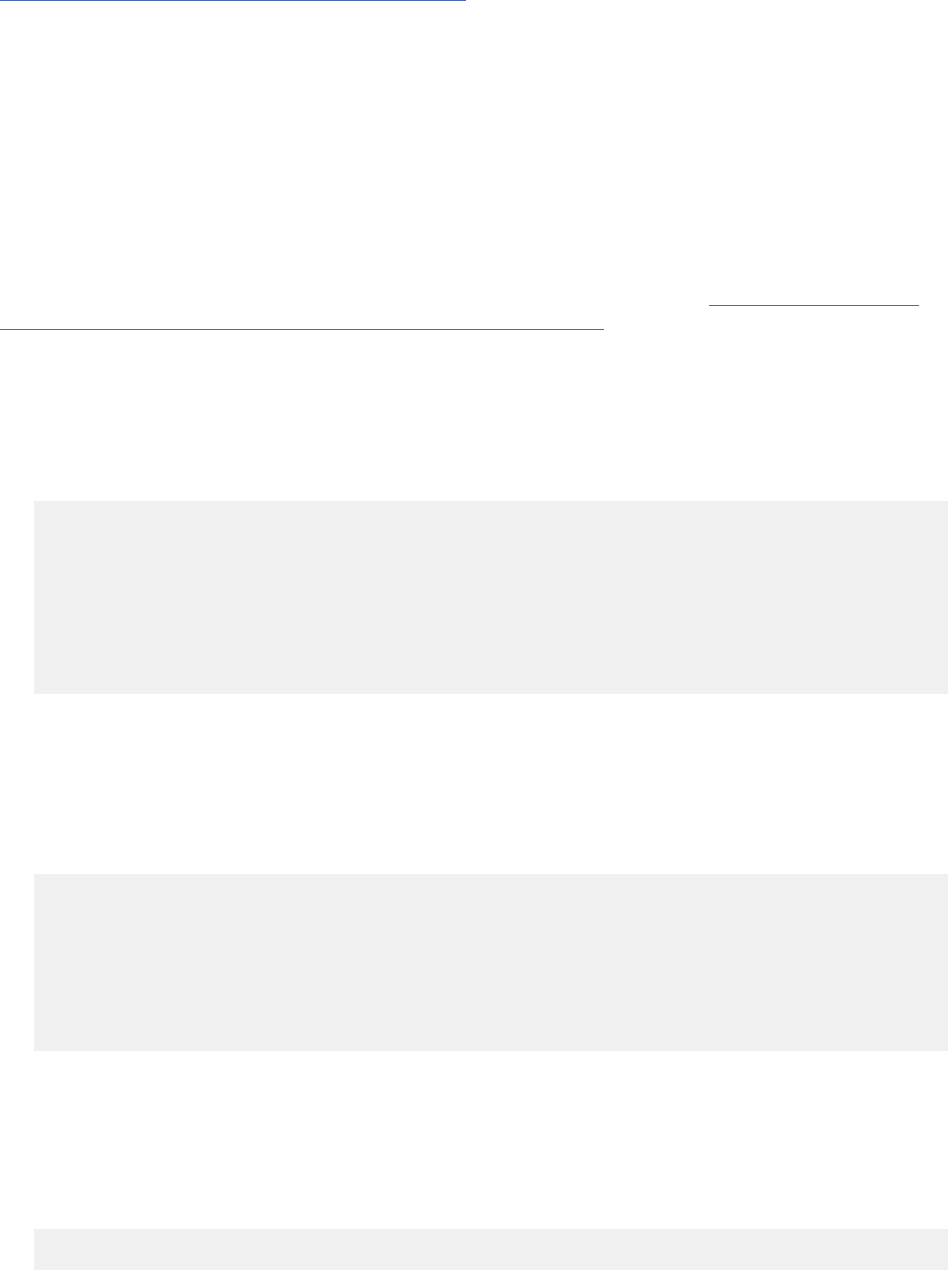
Related reference
CREATE FUNCTION statement (overview) (Db2 SQL)
External functions
An external user-dened function is a function that is written in a programming language. An external
function is dened to the database with a reference to an external program that contains the logic that is
executed when the function is invoked.
An external user-dened function that returns a single value is a scalar function. An external user-dened
function that returns a table is a table function.
You can write an external user-dened function in assembler, C, C++, COBOL, PL/I, or Java. User-dened
functions that are written in COBOL can include object-oriented extensions, just as other Db2 COBOL
programs can. User-dened functions that are written in Java follow coding guidelines and restrictions
specic to Java. For information about writing Java user-dened functions, see Java stored procedures
and user-dened functions (Db2 Application Programming for Java).
Examples
Example 1: Denition for an external user-dened scalar function
A programmer develops a user-dened function that searches for a string of maximum length 200
in a CLOB value whose maximum length is 500 KB. This CREATE FUNCTION statement denes the
user-dened function:
CREATE FUNCTION FINDSTRING (CLOB(500K), VARCHAR(200))
RETURNS INTEGER
CAST FROM FLOAT
SPECIFIC FINDSTRINGCLOB
EXTERNAL NAME 'FINDSTR'
LANGUAGE C
PARAMETER STYLE SQL
NO SQL
DETERMINISTIC
NO EXTERNAL ACTION;
The function returns a status code as an integer. The CAST FROM clause is specied because the
function operation results in a floating point value, and users are expecting an integer result for their
SQL statements. The user-dened function is written in C and contains no SQL statements.
Suppose that you want a FINDSTRING user-dened function to work on BLOB data types, as well as
CLOB types. You can dene another instance of a FINDSTRING user-dened function that species a
BLOB type as input:
CREATE FUNCTION FINDSTRING (BLOB(500K), VARCHAR(200))
RETURNS INTEGER
CAST FROM FLOAT
SPECIFIC FINDSTRINGBLOB
EXTERNAL NAME 'FNDBLOB'
LANGUAGE C
PARAMETER STYLE SQL
NO SQL
DETERMINISTIC;
Each instance of FINDSTRING uses a different application program to implement the logic for the
user-dened function.
Example 2: Denition for an external user-dened scalar function
A programmer has written a user-dened function for division. That is, this user-dened function is
invoked when an application program executes a statement using the division operator (/), such as the
following statement:
UPDATE TABLE1 SET INTCOL1="/"(INTCOL2,INTCOL3);
The user-dened function takes two integer values as input. The output from the user-dened
function is of type integer. The user-dened function is in the MATH schema, is written in assembler,
Chapter 3. Db2 SQL programming
179

and contains no SQL statements. This CREATE FUNCTION statement denes the user-dened
function:
CREATE FUNCTION MATH."/" (INT, INT)
RETURNS INTEGER
SPECIFIC DIVIDE
EXTERNAL NAME 'DIVIDE'
LANGUAGE ASSEMBLE
PARAMETER STYLE SQL
NO SQL
DETERMINISTIC;
Example 3: Denition for an external user-dened table function
An application programmer develops a user-dened function that receives two input values and
returns a table. The two input values are:
• A character string of maximum length 30 that describes a subject
• A character string of maximum length 255 that contains text to search for
The user-dened function scans documents on the subject for the search string and returns a list
of documents that match the search criteria, with an abstract for each document. The list is in
the form of a two-column table. The rst column is a character column of length 16 that contains
document IDs. The second column is a varying-character column of maximum length 5000 that
contains document abstracts.
The user-dened function is written in COBOL, uses SQL only to perform queries, and always
produces the same output for given input. The CARDINALITY option species that you should expect
an invocation of the user-dened function to return about 20 rows.
The following CREATE FUNCTION statement denes the user-dened function:
CREATE FUNCTION DOCMATCH (VARCHAR(30), VARCHAR(255))
RETURNS TABLE (DOC_ID CHAR(16), DOC_ABSTRACT VARCHAR(5000))
EXTERNAL NAME 'DOCMTCH'
LANGUAGE COBOL
PARAMETER STYLE SQL
READS SQL DATA
DETERMINISTIC
CARDINALITY 20;
SQL scalar functions
An SQL scalar function is a user-dened function written in SQL and it returns a single value each time it
is invoked. SQL scalar functions contain the source code for the user-dened function in the user-dened
function denition. There are two kinds of SQL scalar functions, inlined and compiled.
All SQL scalar functions that were created prior to DB2 10 are inlined SQL scalar functions. Beginning with
DB2 10, SQL scalar functions may be created as either inlined or compiled.
Db2 determines whether an SQL scalar function is inlined or compiled according to whether or not
the CREATE FUNCTION statement that denes the function makes use of enhanced features. See
CREATE FUNCTION statement (inlined SQL scalar function) (Db2 SQL)
and CREATE FUNCTION statement
(compiled SQL scalar function) (Db2 SQL) for more information.
An inlined SQL scalar function has a body with a single RETURN statement. The RETURN statement can
return either a NULL value or a simple expression that does not reference a scalar fullselect. No package
will be generated for an inlined SQL scalar function. During the preparation of an SQL statement that
references the function (when the function is invoked), the expression specied in the RETURN statement
of the function is simply inlined into that SQL statement.
A compiled SQL scalar function can have a body with logic written in SQL PL language. It can make use
of any of the enhanced features for the CREATE FUNCTION statement including the support for TABLE
LOCATOR data type for parameters, various options, and an enhanced RETURN statement that allows
reference to a scalar fullselect. A package is created for a compiled SQL scalar function.
180
Db2 12 for z/OS: Application Programming and SQL Guide (Last updated: 2024-07-30)
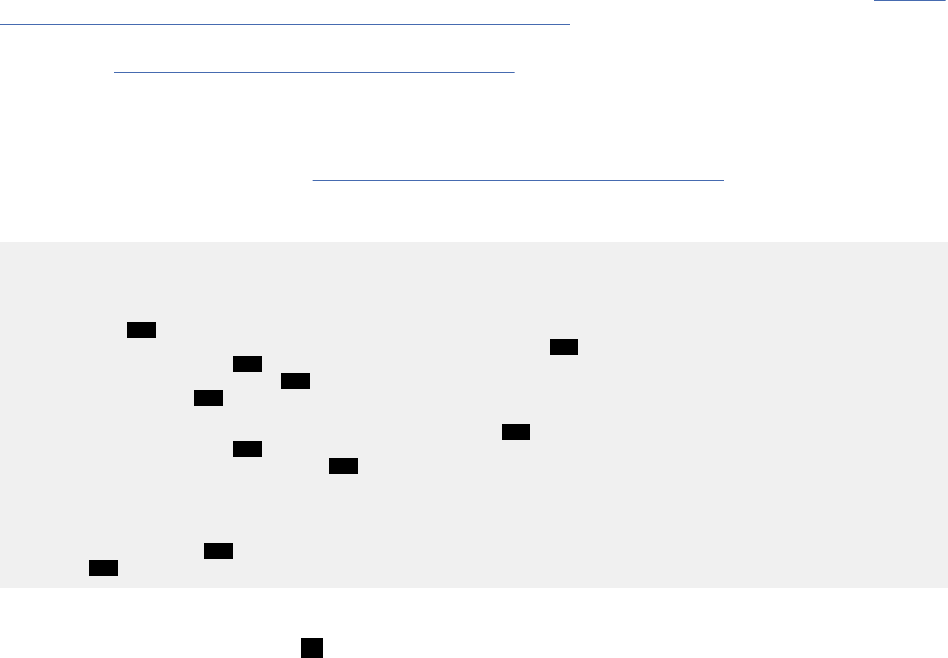
Compiled SQL scalar functions include support for versions and source code management. You can use
compiled SQL scalar functions for the following tasks:
• Dene multiple versions of an SQL scalar function, where one version is considered the "active" version.
• Activate a particular version of an SQL scalar function.
• Alter the routine options that are associated with a version of an SQL scalar function.
• Dene a new version of an SQL scalar function by specifying the same function signature as the current
version, and different routine options and function body.
• Replace the denition of an existing version by specifying the same function signature as the current
version, and different routine options and function body.
• Drop a version of an SQL scalar function.
• Fall back to a previous version without requiring an explicit rebind or recompile, by activating the
previous version.
You can deploy compiled SQL scalar functions to multiple servers to allow a wider community to use
functions that have been thoroughly tested, without the risk of changing the logic in the routine body.
Use the Unied Debugger to remotely debug compiled SQL scalar functions that execute on Db2 for z/OS
servers.
To prepare an SQL scalar function for execution, you execute the CREATE FUNCTION statement, either
statically or dynamically.
Example: Denition for a compiled SQL scalar user-dened function
The following example denes a scalar function that returns the text of an input string, in reverse order.
The example also explains how to determine why various SQL statements are allowed in a compiled SQL
scalar function.
A compiled SQL scalar CREATE FUNCTION statement contains an SQL-routine-body, as dened in CREATE
FUNCTION statement (compiled SQL scalar function) (Db2 SQL). The syntax diagram for SQL-routine-
body denes the function body as a single SQL control statement. The syntax diagram for SQL-control-
statement in SQL procedural language (SQL PL) (Db2 SQL) identies the control statements that can be
specied, including a RETURN statement.
An SQL function can contain multiple SQL statements if the outermost SQL statement is an SQL-
control-statement that includes other SQL statements. These statements are dened as SQL procedure
statements. The syntax diagram in SQL-procedure-statement (SQL PL) (Db2 SQL) identies the SQL
statements that can be specied within a control statement. The syntax notes for SQL-procedure-
statement clarify the SQL statements that are allowed in an SQL function.
CREATE FUNCTION REVERSE(INSTR VARCHAR(4000))
RETURNS VARCHAR(4000)
DETERMINISTIC NO EXTERNAL ACTION
CONTAINS SQL
BEGIN A
DECLARE REVSTR, RESTSTR VARCHAR(4000) DEFAULT ''; B
DECLARE LEN INT; B
IF INSTR IS NULL THEN C
RETURN NULL; D
END IF;
SET (RESTSTR, LEN) = (INSTR, LENGTH(INSTR));
E
WHILE LEN > 0 DO F
SET (REVSTR, RESTSTR, LEN) E
= (SUBSTR(RESTSTR, 1, 1) CONCAT REVSTR,
SUBSTR(RESTSTR, 2, LEN - 1),
LEN - 1);
END WHILE;
RETURN REVSTR; D
END# A
The SQL function has the following keywords and statements:
• The BEGIN and END keywords (A) indicate the beginning and the end of a compound statement.
Chapter 3. Db2 SQL programming
181

• The DECLARE statements (B) are components of a compound statement, and dene SQL variables
within the compound statement. For more information on compound statements, see compound-
statement (Db2 SQL).
• The IF statement (C), the RETURN statements (D), and the WHILE statement (F) are SQL control
statements.
• The SET assignment statements (E) are SQL control statements that assign values to SQL variables.
SQL variables can be referenced anywhere in the compound statement in which they are declared,
including any SQL statement that is directly or indirectly nested within that compound statement. See
References to SQL parameters and variables in SQL PL (Db2 SQL) for more information.
Related tasks
Creating a user-dened function
You can extend the SQL functionality of Db2 by adding your own or third party vendor function denitions.
Related reference
CREATE FUNCTION statement (overview) (Db2 SQL)
SQL table functions
An SQL table function is a function that is written exclusively in SQL statements and returns a single result
table.
An SQL table function can dene a parameter as a distinct type, dene a parameter for a transition table
(for example, the TABLE LIKE ... AS LOCATOR syntax), and include a single SQL PL RETURN statement that
returns a result table
The CREATE statement for an SQL table function is an executable statement that can be dynamically
prepared only if DYNAMICRULES run behavior is implicitly or explicitly specied.
The ALTER statement for an SQL table function can be embedded in an application program or issued
interactively. The ALTER statement is an executable statement that can be dynamically prepared only if
DYNAMICRULES run behavior is implicitly or explicitly specied.
Sourced functions
A sourced function is a function that invokes another function that already exists at the server. The
function inherits the attributes of the underlying source function. The source function can be built-in,
external, SQL, or sourced. Sourced functions can be used to extend built-in aggregate and scalar
functions for use on distinct types.
You can use sourced functions to build upon existing built-in functions or other user-dened functions.
Sourced functions are useful to extend built-in aggregate and scalar functions for use on distinct types.
To implement a sourced function, issue a CREATE FUNCTION statement and identify the function upon
which you want to base the sourced function in the SOURCE clause.
Example: Denition of a sourced user-dened function
Suppose you need a user-dened function that nds a string in a value with a distinct type of BOAT. BOAT
is a distinct type based on a BLOB data type. User-dened function FINDSTRINGBLOB has already been
dened to take a BLOB data type as input and perform the required function, but it cannot be invoked with
a value of the BOAT data type. The specic name for FINDSTRING is FINDSTRINGBLOB.
You can dene a sourced user-dened function based on FINDSTRING to do the string search on values
of type BOAT. Db2 implicitly casts the BOAT argument to a BLOB when the source function, FINDSTRING
that accepts a BLOB value, is invoked. This CREATE FUNCTION statement denes the sourced user-
dened function:
CREATE FUNCTION FINDSTRING (BOAT, VARCHAR(200))
RETURNS INTEGER
SPECIFIC FINDSTRINGBOAT
SOURCE SPECIFIC FINDSTRINGBLOB;
182
Db2 12 for z/OS: Application Programming and SQL Guide (Last updated: 2024-07-30)

Related reference
CREATE FUNCTION statement (sourced function) (Db2 SQL)
Steps to creating and using a user-dened function
A user-dened function is similar to a host language subprogram or function. However, a user-dened
function is often the better choice for an SQL application because you can invoke it in an SQL statement.
This section contains information that applies to all user-dened functions and specic information about
user-dened functions in languages other than Java.
Creating and using a user-dened function involves these steps:
• Setting up the environment for user-dened functions
A systems administrator probably performs this step. The user-dened function environment is shown
in the following gure.
Function program
Application program
address space
Db2 system
WLM-Established
stored procedures
address space
Program A
.
.
.
.
.
.
.
.
.
EXEC SQL
SELECT
F1(ARG1,ARG2)
FROM TB1;
Program B
Package B
SELECT ...
Package A
SELECT
F1(ARG1,ARG2)
FROM TB1;
.
.
.
EXEC SQL
SELECT ...
Invoking program
Figure 7. The user-dened function environment
It contains an application address space, from which a program invokes a user-dened function; a Db2
system, where the packages from the user-dened function are run; and a WLM-established address
space, where the user-dened function is executed. The steps for setting up and maintaining the
user-dened function environment are the same as for setting up and maintaining the environment for
stored procedures in WLM-established address spaces.
• Writing and preparing the user-dened function
This step is necessary only for an external user-dened function.
The person who performs this step is called the user-dened function implementer.
• Dening the user-dened function to Db2
The person who performs this step is called the user-dened function dener.
• Invoking the user-dened function from an SQL application
The person who performs this step is called the user-dened function invoker.
Related concepts
Java stored procedures and user-dened functions (Db2 Application Programming for Java)
Writing an external user-dened function
An external user-dened function is written in a programming language and is similar to other SQL
programs. You can include static or dynamic SQL statements, IFI calls, and Db2 commands that are
issued through IFI calls.
Procedure
You can write an external user-dened function in assembler, C, C++, COBOL, PL/I, or Java.
Chapter 3. Db2 SQL programming
183
User-dened functions that are written in COBOL can include object-oriented extensions, just as other
Db2 COBOL programs can. User-dened functions that are written in Java follow coding guidelines and
restrictions specic to Java.
Your user-dened function can also access remote data by using DRDA access using CONNECT or SET
CONNECTION statements.
Restrictions on user-dened function programs
Observe these restrictions when you write a user-dened function:
• Because Db2 uses the Resource Recovery Services attachment facility (RRSAF) as its interface with
your user-dened function, you must not include RRSAF calls in your user-dened function. Db2
rejects any RRSAF calls that it nds in a user-dened function.
• If your user-dened function is not dened with parameters SCRATCHPAD or EXTERNAL ACTION,
the user-dened function is not guaranteed to execute under the same task each time it is invoked.
• You cannot execute COMMIT or ROLLBACK statements in your user-dened function.
• You must close all cursors that were opened within a user-dened scalar function. Db2 returns
an SQL error if a user-dened scalar function does not close all cursors that it opened before it
completes.
• When you choose the language in which to write a user-dened function program, be aware
of restrictions on the number of parameters that can be passed to a routine in that language.
User-dened table functions in particular can require large numbers of parameters. Consult the
programming guide for the language in which you plan to write the user-dened function for
information about the number of parameters that can be passed.
• You cannot pass LOB le reference variables as parameters to user-dened functions.
• User-dened functions cannot return LOB le reference variables.
• You cannot pass parameters with the type XML to user-dened functions. You can specify tables
or views that contain XML columns as table locator parameters. However, you cannot reference the
XML columns in the body of the user-dened function.
Coding your user-dened function as a main program or as a subprogram
You can code your user-dened function as either a main program or a subprogram. The way that
you code your program must agree with the way you dened the user-dened function: with the
PROGRAM TYPE MAIN or PROGRAM TYPE SUB parameter. The main difference is that when a main
program starts, Language Environment allocates the application program storage that the external
user-dened function uses. When a main program ends, Language Environment closes les and
releases dynamically allocated storage.
If you code your user-dened function as a subprogram and manage the storage and les yourself,
you can get better performance. The user-dened function should always free any allocated storage
before it exits. To keep data between invocations of the user-dened function, use a scratchpad.
You must code a user-dened table function that accesses external resources as a subprogram. Also
ensure that the dener species the EXTERNAL ACTION parameter in the CREATE FUNCTION or
ALTER FUNCTION statement. Program variables for a subprogram persist between invocations of the
user-dened function, and use of the EXTERNAL ACTION parameter ensures that the user-dened
function stays in the same address space from one invocation to another.
Parallelism considerations
If the dener species the parameter ALLOW PARALLEL in the denition of a user-dened scalar
function, and the invoking SQL statement runs in parallel, the function can run under a parallel task.
Db2 executes a separate instance of the user-dened function for each parallel task. When you write
your function program, you need to understand how the following parameter values interact with
ALLOW PARALLEL so that you can avoid unexpected results:
• SCRATCHPAD
When an SQL statement invokes a user-dened function that is dened with the ALLOW PARALLEL
parameter, Db2 allocates one scratchpad for each parallel task of each reference to the function.
This can lead to unpredictable or incorrect results.
184
Db2 12 for z/OS: Application Programming and SQL Guide (Last updated: 2024-07-30)
For example, suppose that the user-dened function uses the scratchpad to count the number of
times it is invoked. If a scratchpad is allocated for each parallel task, this count is the number of
invocations done by the parallel task and not for the entire SQL statement, which is not the result
that is wanted.
• FINAL CALL
If a user-dened function performs an external action, such as sending a note, for each nal call to
the function, one note is sent for each parallel task instead of once for the function invocation.
• EXTERNAL ACTION
Some user-dened functions with external actions can receive incorrect results if the function is
executed by parallel tasks.
For example, if the function sends a note for each initial call to the function, one note is sent for each
parallel task instead of once for the function invocation.
• NOT DETERMINISTIC
A user-dened function that is non-deterministic can generate incorrect results if it is run under a
parallel task.
For example, suppose that you execute the following query under parallel tasks:
SELECT * FROM T1 WHERE C1 = COUNTER();
COUNTER is a user-dened function that increments a variable in the scratchpad every time it is
invoked. Counter is non-deterministic because the same input does not always produce the same
output. Table T1 contains one column, C1, that has the following values:
1
2
3
4
5
6
7
8
9
10
When the query is executed with no parallelism, Db2 invokes COUNTER once for each row of table
T1, and there is one scratchpad for counter, which Db2 initializes the rst time that COUNTER
executes. COUNTER returns 1 the rst time it executes, 2 the second time, and so on. The result
table for the query has the following values:
1
2
3
4
5
6
7
8
9
10
Now suppose that the query is run with parallelism, and Db2 creates three parallel tasks. Db2
executes the predicate WHERE C1 = COUNTER() for each parallel task. This means that each
parallel task invokes its own instance of the user-dened function and has its own scratchpad. Db2
initializes the scratchpad to zero on the rst call to the user-dened function for each parallel task.
If parallel task 1 processes rows 1 to 3, parallel task 2 processes rows 4 to 6, and parallel task 3
processes rows 7 to 10, the following results occur:
– When parallel task 1 executes, C1 has values 1, 2, and 3, and COUNTER returns values 1, 2, and
3, so the query returns values 1, 2, and 3.
Chapter 3. Db2 SQL programming
185

– When parallel task 2 executes, C1 has values 4, 5, and 6, but COUNTER returns values 1, 2, and 3,
so the query returns no rows.
– When parallel task 3, executes, C1 has values 7, 8, 9, and 10, but COUNTER returns values 1, 2,
3, and 4, so the query returns no rows.
Thus, instead of returning the 10 rows that you might expect from the query, Db2 returns only 3
rows.
Related concepts
Java stored procedures and user-dened functions (Db2 Application Programming for Java)
Parameters for external user-dened functions
To receive parameters from and pass parameters to an invoker of an external user-dened function, you
must understand the structure of the parameter list. You must also understand the meaning of each
parameter, and whether Db2 or your user-dened function sets the value of each parameter.
The following gure shows the structure of the parameter list that Db2 passes to a user-dened function.
An explanation of each parameter follows.
186Db2 12 for z/OS: Application Programming and SQL Guide (Last updated: 2024-07-30)
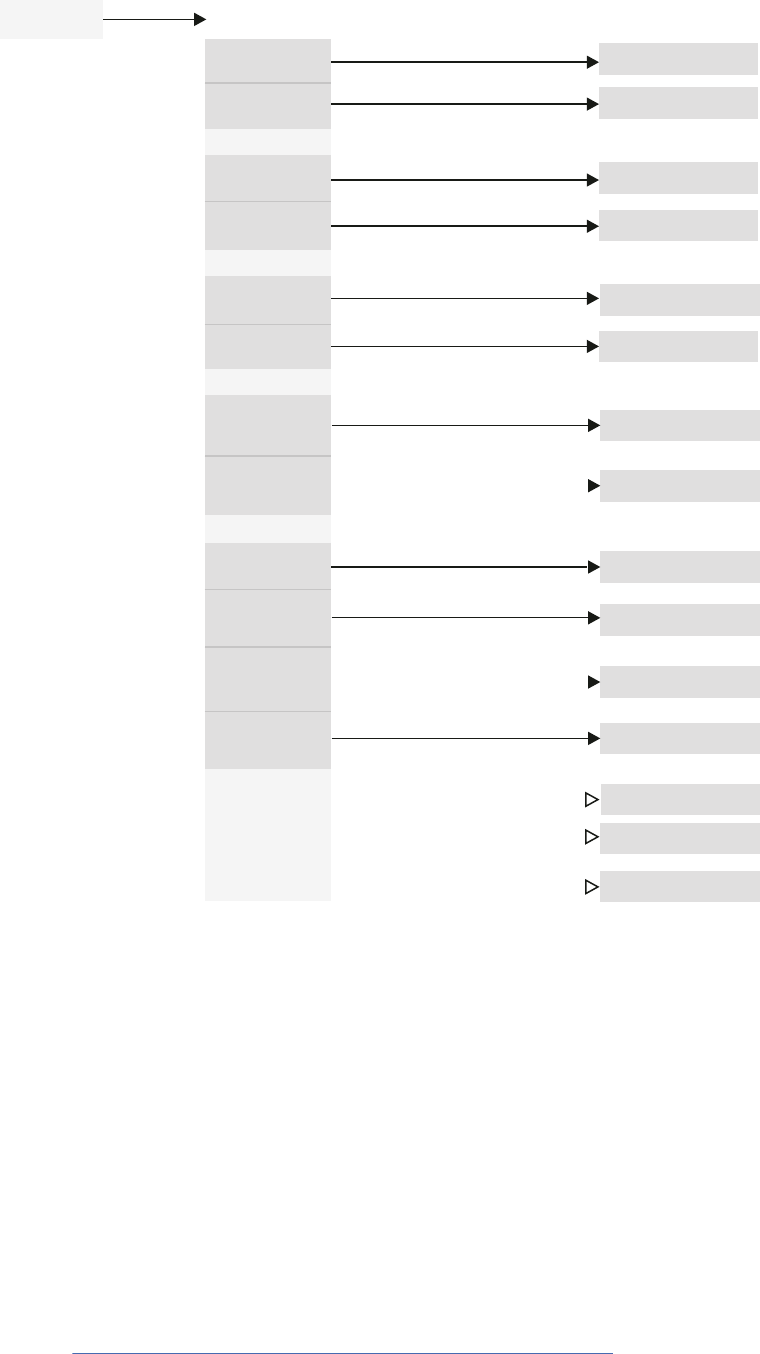
Register 1 Addresses of:
Parameter 1
Parameter 2
Result 1
1
Result 2
Indicator 1
Indicator 2
Result
indicator 1
Result
indicator 2
1
SQLSTATE
Procedure
name
Specific
name
Message
text
Scratchpad
Call type
DBINFO
2
3
4, 5
Parameter 1 data
Data:
Parameter 2 data
Result 1 data
Result 2 data
Indicator 1
Indicator 2
Result indicator 1
Result indicator 2
SQLSTATE
Procedure name
Specific name
Message text
Scratchpad
Call type
DBINFO
1. For a user-defined scalar function, only one result and one result indicator are passed.
2. Passed if the SCRATCHPAD option is specificed in the user-defined function definition.
3. Passed if the FINAL CALL option is specified in a user-defined scalar function definition;
always passed for a user-defined table function.
4. For PL/I, this value is the address of a pointer to the DBINFO data.
5. Passed if the DBINFO option is specified in the user-defined function definition.
Figure 8. Parameter conventions for a user-dened function
Input parameter values
Db2 obtains the input parameters from the invoker's parameter list, and your user-dened function
receives those parameters according to the rules of the host language in which the user-dened function
is written. The number of input parameters is the same as the number of parameters in the user-dened
function invocation. If one of the parameters in the function invocation is an expression, Db2 evaluates
the expression and assigns the result of the expression to the parameter.
For all data types except LOBs, ROWIDs, locators, and VARCHAR (with the C language), see the tables
listed in “Compatibility of SQL and language data types” on page 482 for the host data types that are
compatible with the data types in user-dened function denitions.
Chapter 3. Db2 SQL programming
187
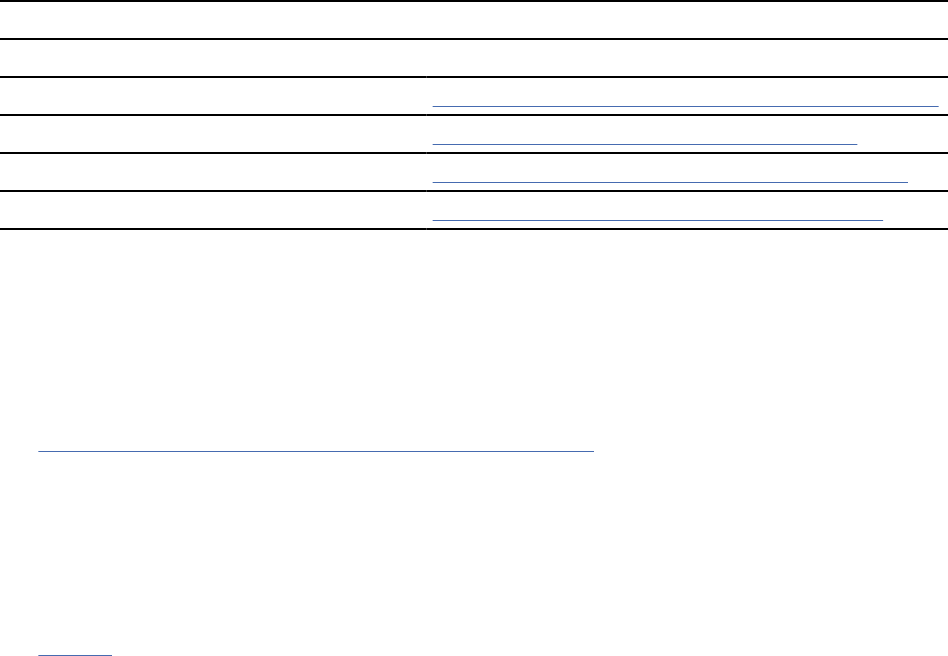
For LOBs, ROWIDs, and locators, see the tables listed in the following table for the host data types that
are compatible with the data types in user-dened function denitions.
Table 42. Listing of tables of compatible data types for LOBS, ROWID, and locators
Language Location of compatible data types table
Assembler “Equivalent SQL and assembler data types” on page 563
C “Equivalent SQL and C data types” on page 611
COBOL “Equivalent SQL and COBOL data types” on page 678
PL/I “Equivalent SQL and PL/I data types” on page 721
Result parameters: Set these values in your user-dened function before exiting. For a user-dened
scalar function, you return one result parameter. For a user-dened table function, you return the same
number of parameters as columns in the RETURNS TABLE clause of the CREATE FUNCTION statement.
Db2 allocates a buffer for each result parameter value and passes the buffer address to the user-dened
function. Your user-dened function places each result parameter value in its buffer. You must ensure that
the length of the value you place in each output buffer does not exceed the buffer length. Use the SQL
data type and length in the CREATE FUNCTION statement to determine the buffer length.
See “Parameters for external user-dened functions” on page 186 to determine the host data type to use
for each result parameter value. If the CREATE FUNCTION statement contains a CAST FROM clause, use a
data type that corresponds to the SQL data type in the CAST FROM clause. Otherwise, use a data type that
corresponds to the SQL data type in the RETURNS or RETURNS TABLE clause.
To improve performance for user-dened table functions that return many columns, you can pass values
for a subset of columns to the invoker. For example, a user-dened table function might be dened to
return 100 columns, but the invoker needs values for only two columns. Use the DBINFO parameter to
indicate to Db2 the columns for which you will return values. Then return values for only those columns.
See DBINFO
for information about how to indicate the columns of interest.
Input parameter indicators: These are SMALLINT values, which Db2 sets before it passes control to the
user-dened function. You use the indicators to determine whether the corresponding input parameters
are null. The number and order of the indicators are the same as the number and order of the input
parameters. On entry to the user-dened function, each indicator contains one of these values:
0
The input parameter value is not null.
negative
The input parameter value is null.
Code the user-dened function to check all indicators for null values unless the user-dened function is
dened with RETURNS NULL ON NULL INPUT. A user-dened function dened with RETURNS NULL ON
NULL INPUT executes only if all input parameters are not null.
Result indicators: These are SMALLINT values, which you must set before the user-dened function ends
to indicate to the invoking program whether each result parameter value is null. A user-dened scalar
function has one result indicator. A user-dened table function has the same number of result indicators
as the number of result parameters. The order of the result indicators is the same as the order of the
result parameters. Set each result indicator to one of these values:
0 or positive
The result parameter is not null.
negative
The result parameter is null.
SQLSTATE value: This CHAR(5) value represents the SQLSTATE that is passed in to the program from the
database manager. The initial value is set to ‘00000'. Although the SQLSTATE is usually not set by the
program, it can be set as the result SQLSTATE that is used to return an error or a warning. Returned values
that start with anything other than ‘00', ‘01', or ‘02' are error conditions.
188
Db2 12 for z/OS: Application Programming and SQL Guide (Last updated: 2024-07-30)
User-dened function name: Db2 sets this value in the parameter list before the user-dened function
executes. This value is VARCHAR(257): 128 bytes for the schema name, 1 byte for a period, and 128
bytes for the user-dened function name. If you use the same code to implement multiple versions of a
user-dened function, you can use this parameter to determine which version of the function the invoker
wants to execute.
Specic name: Db2 sets this value in the parameter list before the user-dened function executes.
This value is VARCHAR(128) and is either the specic name from the CREATE FUNCTION statement
or a specic name that Db2 generated. If you use the same code to implement multiple versions of a
user-dened function, you can use this parameter to determine which version of the function the invoker
wants to execute.
Diagnostic message: Your user-dened function can set this CHAR or VARCHAR value to a character
string of up to 1000 bytes before exiting. Use this area to pass descriptive information about an error or
warning to the invoker.
Db2 allocates a buffer for this area and passes you the buffer address in the parameter list. At least
the rst 17 bytes of the value you put in the buffer appear in the SQLERRMC eld of the SQLCA that is
returned to the invoker. The exact number of bytes depends on the number of other tokens in SQLERRMC.
Do not use X'FF' in your diagnostic message. Db2 uses this value to delimit tokens.
Scratchpad: If the dener specied SCRATCHPAD in the CREATE FUNCTION statement, Db2 allocates
a buffer for the scratchpad area and passes its address to the user-dened function. Before the user-
dened function is invoked for the rst time in an SQL statement, Db2 sets the length of the scratchpad
in the rst 4 bytes of the buffer and then sets the scratchpad area to X'00'. Db2 does not reinitialize the
scratchpad between invocations of a correlated subquery.
You must ensure that your user-dened function does not write more bytes to the scratchpad than the
scratchpad length.
Call type: For a user-dened scalar function, if the dener specied FINAL CALL in the CREATE
FUNCTION statement, Db2 passes this parameter to the user-dened function. For a user-dened table
function, Db2 always passes this parameter to the user-dened function.
On entry to a user-dened scalar function, the call type parameter has one of the following values:
-1
This is the rst call to the user-dened function for the SQL statement. For a rst call, all input
parameters are passed to the user-dened function. In addition, the scratchpad, if allocated, is set to
binary zeros.
0
This is a normal call. For a normal call, all the input parameters are passed to the user-dened
function. If a scratchpad is also passed, Db2 does not modify it.
1
This is a nal call. For a nal call, no input parameters are passed to the user-dened function. If a
scratchpad is also passed, Db2 does not modify it.
This type of nal call occurs when the invoking application explicitly closes a cursor. When a value of 1
is passed to a user-dened function, the user-dened function can execute SQL statements.
255
This is a nal call. For a nal call, no input parameters are passed to the user-dened function. If a
scratchpad is also passed, Db2 does not modify it.
This type of nal call occurs when the invoking application executes a COMMIT or ROLLBACK
statement, or when the invoking application abnormally terminates. When a value of 255 is passed to
the user-dened function, the user-dened function cannot execute any SQL statements, except for
CLOSE CURSOR. If the user-dened function executes any close cursor statements during this type of
nal call, the user-dened function should tolerate SQLCODE -501 because Db2 might have already
closed cursors before the nal call.
During the rst call, your user-dened scalar function should acquire any system resources it needs.
During the nal call, the user-dened scalar function should release any resources it acquired during
Chapter 3. Db2 SQL programming
189
the rst call. The user-dened scalar function should return a result value only during normal calls. Db2
ignores any results that are returned during a nal call. However, the user-dened scalar function can set
the SQLSTATE and diagnostic message area during the nal call.
If an invoking SQL statement contains more than one user-dened scalar function, and one of those
user-dened functions returns an error SQLSTATE, Db2 invokes all of the user-dened functions for a nal
call, and the invoking SQL statement receives the SQLSTATE of the rst user-dened function with an
error.
On entry to a user-dened table function, the call type parameter has one of the following values:
-2
This is the rst call to the user-dened function for the SQL statement. A rst call occurs only if
the FINAL CALL keyword is specied in the user-dened function denition. For a rst call, all input
parameters are passed to the user-dened function. In addition, the scratchpad, if allocated, is set to
binary zeros.
-1
This is the open call to the user-dened function by an SQL statement. If FINAL CALL is not specied
in the user-dened function denition, all input parameters are passed to the user-dened function,
and the scratchpad, if allocated, is set to binary zeros during the open call. If FINAL CALL is specied
for the user-dened function, Db2 does not modify the scratchpad.
0
This is a fetch call to the user-dened function by an SQL statement. For a fetch call, all input
parameters are passed to the user-dened function. If a scratchpad is also passed, Db2 does not
modify it.
1
This is a close call. For a close call, no input parameters are passed to the user-dened function. If a
scratchpad is also passed, Db2 does not modify it.
2
This is a nal call. This type of nal call occurs only if FINAL CALL is specied in the user-dened
function denition. For a nal call, no input parameters are passed to the user-dened function. If a
scratchpad is also passed, Db2 does not modify it.
This type of nal call occurs when the invoking application executes a CLOSE CURSOR statement.
255
This is a nal call. For a nal call, no input parameters are passed to the user-dened function. If a
scratchpad is also passed, Db2 does not modify it.
This type of nal call occurs when the invoking application executes a COMMIT or ROLLBACK
statement, or when the invoking application abnormally terminates. When a value of 255 is passed to
the user-dened function, the user-dened function cannot execute any SQL statements, except for
CLOSE CURSOR. If the user-dened function executes any close cursor statements during this type of
nal call, the user-dened function should tolerate SQLCODE -501 because Db2 might have already
closed cursors before the nal call.
If a user-dened table function is dened with FINAL CALL, the user-dened function should allocate any
resources it needs during the rst call and release those resources during the nal call that sets a value of
2.
If a user-dened table function is dened with NO FINAL CALL, the user-dened function should allocate
any resources it needs during the open call and release those resources during the close call.
During a fetch call, the user-dened table function should return a row. If the user-dened function has
no more rows to return, it should set the SQLSTATE to 02000.
During the close call, a user-dened table function can set the SQLSTATE and diagnostic message area.
If a user-dened table function is invoked from a subquery, the user-dened table function receives a
CLOSE call for each invocation of the subquery within the higher level query, and a subsequent OPEN call
for the next invocation of the subquery within the higher level query.
190
Db2 12 for z/OS: Application Programming and SQL Guide (Last updated: 2024-07-30)
DBINFO: If the dener specied DBINFO in the CREATE FUNCTION statement, Db2 passes the DBINFO
structure to the user-dened function. DBINFO contains information about the environment of the user-
dened function caller. It contains the following elds, in the order shown:
Location name length
An unsigned 2-byte integer eld. It contains the length of the location name in the next eld.
Location name
A 128-byte character eld. It contains the name of the location to which the invoker is currently
connected.
Authorization ID length
An unsigned 2-byte integer eld. It contains the length of the authorization ID in the next eld.
Authorization ID
A 128-byte character eld. It contains the authorization ID of the application from which the user-
dened function is invoked, padded on the right with blanks. If this user-dened function is nested
within other user-dened functions, this value is the authorization ID of the application that invoked
the highest-level user-dened function.
Subsystem code page
A 48-byte structure that consists of 10 integer elds and an eight-byte reserved area. These elds
provide information about the CCSIDs of the subsystem from which the user-dened function is
invoked.
Table qualier length
An unsigned 2-byte integer eld. It contains the length of the table qualier in the next eld. If the
table name eld is not used, this eld contains 0.
Table qualier
A 128-byte character eld. It contains the qualier of the table that is specied in the table name
eld.
Table name length
An unsigned 2-byte integer eld. It contains the length of the table name in the next eld. If the table
name eld is not used, this eld contains 0.
Table name
A 128-byte character eld. This eld contains the name of the table for the update or insert operation
if the reference to the user-dened function in the invoking SQL statement is in one of the following
places:
• The right side of a SET clause in an update operation
• In the VALUES list of an insert operation
Otherwise, this eld is blank.
Column name length
An unsigned 2-byte integer eld. It contains the length of the column name in the next eld. If no
column name is passed to the user-dened function, this eld contains 0.
Column name
A 128-byte character eld. This eld contains the name of the column that the update or insert
operation modies if the reference to the user-dened function in the invoking SQL statement is in
one of the following places:
• The right side of a SET clause in an update operation
• In the VALUES list of an insert operation
Otherwise, this eld is blank.
Product information
An 8-byte character eld that identies the product on which the user-dened function executes.
The product identier (PRDID) value is an 8-byte character value in pppvvrrm format, where: ppp is a
3-letter product code; vv is the version;rr is the release; and m is the modication level. In Db2 12 for
z/OS, the modication level indicates a range of function levels:
Chapter 3. Db2 SQL programming
191

DSN12015 for V12R1M500 or higher.
DSN12010 for V12R1M100.
For more information, see Product identier (PRDID) values in Db2 for z/OS (Db2 Administration
Guide).
Reserved area
2 bytes.
Operating system
A 4-byte integer eld. It identies the operating system on which the program that invokes the
user-dened function runs. The value is one of these:
0
Unknown
1
OS/2
3
Windows
4
AIX
®
5
Windows NT
6
HP-UX
7
Solaris
8
z/OS
13
Siemens Nixdorf
15
Windows 95
16
SCO UNIX
18
Linux
®
19
DYNIX/ptx
®
24
Linux for S/390
®
25
Linux on IBM zSystems
26
Linux/IA64
27
Linux/PPC
28
Linux/PPC64
29
Linux/AMD64
400
®
iSeries
192
Db2 12 for z/OS: Application Programming and SQL Guide (Last updated: 2024-07-30)

Number of entries in table function column list
An unsigned 2-byte integer eld.
Reserved area
26 bytes.
Table function column list pointer
If a table function is dened, this eld is a pointer to an array that contains 1000 2-byte integers. Db2
dynamically allocates the array. If a table function is not dened, this pointer is null.
Only the rst n entries, where n is the value in the eld entitled number of entries in table function
column list, are of interest. n is greater than or equal to 0 and less than or equal to the number
result columns dened for the user-dened function in the RETURNS TABLE clause of the CREATE
FUNCTION statement. The values correspond to the numbers of the columns that the invoking
statement needs from the table function. A value of 1 means the rst dened result column, 2 means
the second dened result column, and so on. The values can be in any order. If n is equal to 0, the
rst array element is 0. This is the case for a statement like the following one, where the invoking
statement needs no column values.
SELECT COUNT(*) FROM TABLE(TF(…)) AS QQ
This array represents an opportunity for optimization. The user-dened function does not need to
return all values for all the result columns of the table function. Instead, the user-dened function can
return only those columns that are needed in the particular context, which you identify by number in
the array. However, if this optimization complicates the user-dened function logic enough to cancel
the performance benet, you might choose to return every dened column.
Unique application identier
This eld is a pointer to a string that uniquely identies the application's connection to Db2. The string
is regenerated for each connection to Db2.
The string is the LUWID, which consists of a fully-qualied LU network name followed by a period and
an LUW instance number. The LU network name consists of a 1- to 8-character network ID, a period,
and a 1- to 8-character network LU name. The LUW instance number consists of 12 hexadecimal
characters that uniquely identify the unit of work.
Reserved area
20 bytes.
If you write your user-dened function in C or C++, you can use the declarations in member SQLUDF of
DSN1210.SDSNC.H for many of the passed parameters. To include SQLUDF, make these changes to your
program:
• Put this statement in your source code:
#include <sqludf.h>
• Include the DSN1210.SDSNC.H data set in the SYSLIB concatenation for the compiler step of your
program preparation job.
• Specify the NOMARGINS and NOSEQUENCE options in the compiler step of your program preparation
job.
Examples of receiving parameters in a user-dened function:
The following examples show how a user-dened function that is written in each of the supported host
languages receives the parameter list that is passed by Db2.
These examples assume that the user-dened function is dened with the SCRATCHPAD, FINAL CALL,
and DBINFO parameters.
Assembler: The follow gure shows the parameter conventions for a user-dened scalar function that
is written as a main program that receives two parameters and returns one result. For an assembler
Chapter 3. Db2 SQL programming
193

language user-dened function that is a subprogram, the conventions are the same. In either case, you
must include the CEEENTRY and CEEEXIT macros.
MYMAIN CEEENTRY AUTO=PROGSIZE,MAIN=YES,PLIST=OS
USING PROGAREA,R13
L R7,0(R1) GET POINTER TO PARM1
MVC PARM1(4),0(R7) MOVE VALUE INTO LOCAL COPY OF PARM1
L R7,4(R1) GET POINTER TO PARM2
MVC PARM2(4),0(R7) MOVE VALUE INTO LOCAL COPY OF PARM2
L R7,12(R1) GET POINTER TO INDICATOR 1
MVC F_IND1(2),0(R7) MOVE PARM1 INDICATOR TO LOCAL STORAGE
LH R7,F_IND1 MOVE PARM1 INDICATOR INTO R7
LTR R7,R7 CHECK IF IT IS NEGATIVE
BM NULLIN IF SO, PARM1 IS NULL
L R7,16(R1) GET POINTER TO INDICATOR 2
MVC F_IND2(2),0(R7) MOVE PARM2 INDICATOR TO LOCAL STORAGE
LH R7,F_IND2 MOVE PARM2 INDICATOR INTO R7
LTR R7,R7 CHECK IF IT IS NEGATIVE
BM NULLIN IF SO, PARM2 IS NULL
⋮
NULLIN L R7,8(R1) GET ADDRESS OF AREA FOR RESULT
MVC 0(9,R7),RESULT MOVE A VALUE INTO RESULT AREA
L R7,20(R1) GET ADDRESS OF AREA FOR RESULT IND
MVC 0(2,R7),=H'0' MOVE A VALUE INTO INDICATOR AREA
⋮
CEETERM RC=0
*******************************************************************
* VARIABLE DECLARATIONS AND EQUATES *
*******************************************************************
R1 EQU 1 REGISTER 1
R7 EQU 7 REGISTER 7
PPA CEEPPA , CONSTANTS DESCRIBING THE CODE BLOCK
LTORG , PLACE LITERAL POOL HERE
PROGAREA DSECT
ORG *+CEEDSASZ LEAVE SPACE FOR DSA FIXED PART
PARM1 DS F PARAMETER 1
PARM2 DS F PARAMETER 2
RESULT DS CL9 RESULT
F_IND1 DS H INDICATOR FOR PARAMETER 1
F_IND2 DS H INDICATOR FOR PARAMETER 2
F_INDR DS H INDICATOR FOR RESULT
PROGSIZE EQU *-PROGAREA
CEEDSA , MAPPING OF THE DYNAMIC SAVE AREA
CEECAA , MAPPING OF THE COMMON ANCHOR AREA
END MYMAIN
C or C++: For C or C++ user-dened functions, the conventions for passing parameters are different for
main programs and subprograms.
For subprograms, you pass the parameters directly. For main programs, you use the standard argc and
argv variables to access the input and output parameters:
• The argv variable contains an array of pointers to the parameters that are passed to the user-dened
function. All string parameters that are passed back to Db2 must be null terminated.
– argv[0] contains the address of the load module name for the user-dened function.
– argv[1] through argv[n] contain the addresses of parameters 1 through n.
• The argc variable contains the number of parameters that are passed to the external user-dened
function, including argv[0].
The following gure shows the parameter conventions for a user-dened scalar function that is written as
a main program that receives two parameters and returns one result.
#include <stdlib.h>
#include <stdio.h>
main(argc,argv)
int argc;
char *argv[];
{
/***************************************************/
/* Assume that the user-defined function invocation*/
/* included 2 input parameters in the parameter */
194
Db2 12 for z/OS: Application Programming and SQL Guide (Last updated: 2024-07-30)

/* list. Also assume that the definition includes */
/* the SCRATCHPAD, FINAL CALL, and DBINFO options, */
/* so DB2 passes the scratchpad, calltype, and */
/* dbinfo parameters. */
/* The argv vector contains these entries: */
/* argv[0] 1 load module name */
/* argv[1-2] 2 input parms */
/* argv[3] 1 result parm */
/* argv[4-5] 2 null indicators */
/* argv[6] 1 result null indicator */
/* argv[7] 1 SQLSTATE variable */
/* argv[8] 1 qualified func name */
/* argv[9] 1 specific func name */
/* argv[10] 1 diagnostic string */
/* argv[11] 1 scratchpad */
/* argv[12] 1 call type */
/* argv[13] + 1 dbinfo */
/* ------ */
/* 14 for the argc variable */
/***************************************************/
if argc<>14
{
⋮
/**********************************************************/
/* This section would contain the code executed if the */
/* user-defined function is invoked with the wrong number */
/* of parameters. */
/**********************************************************/
}
/***************************************************/
/* Assume the first parameter is an integer. */
/* The following code shows how to copy the integer*/
/* parameter into the application storage. */
/***************************************************/
int parm1;
parm1 = *(int *) argv[1];
/***************************************************/
/* Access the null indicator for the first */
/* parameter on the invoked user-defined function */
/* as follows: */
/***************************************************/
short int ind1;
ind1 = *(short int *) argv[4];
/***************************************************/
/* Use the following expression to assign */
/* 'xxxxx' to the SQLSTATE returned to caller on */
/* the SQL statement that contains the invoked */
/* user-defined function. */
/***************************************************/
strcpy(argv[7],"xxxxx");
/***************************************************/
/* Obtain the value of the qualified function */
/* name with this expression. */
/***************************************************/
char f_func[28];
strcpy(f_func,argv[8]);
/***************************************************/
/* Obtain the value of the specific function */
/* name with this expression. */
/***************************************************/
char f_spec[19];
strcpy(f_spec,argv[9]);
/***************************************************/
/* Use the following expression to assign */
/* 'yyyyyyyy' to the diagnostic string returned */
/* in the SQLCA associated with the invoked */
/* user-defined function. */
/***************************************************/
strcpy(argv[10],"yyyyyyyy");
/***************************************************/
/* Use the following expression to assign the */
/* result of the function. */
/***************************************************/
char l_result[11];
strcpy(argv[3],l_result);
Chapter 3. Db2 SQL programming
195

⋮
}
The following gure shows the parameter conventions for a user-dened scalar function written as a C
subprogram that receives two parameters and returns one result.
#pragma runopts(plist(os))
#include <stdlib.h>
#include <stdio.h>
#include <string.h>
#include <sqludf.h>
void myfunc(long *parm1, char parm2[11], char result[11],
short *f_ind1, short *f_ind2, short *f_indr,
char udf_sqlstate[6], char udf_fname[138],
char udf_specname[129], char udf_msgtext[71],
struct sqludf_scratchpad *udf_scratchpad,
long *udf_call_type,
struct sql_dbinfo *udf_dbinfo);
{
/***************************************************/
/* Declare local copies of parameters */
/***************************************************/
int l_p1;
char l_p2[11];
short int l_ind1;
short int l_ind2;
char ludf_sqlstate[6]; /* SQLSTATE */
char ludf_fname[138]; /* function name */
char ludf_specname[129]; /* specific function name */
char ludf_msgtext[71] /* diagnostic message text*/
sqludf_scratchpad *ludf_scratchpad; /* scratchpad */
long *ludf_call_type; /* call type */
sqludf_dbinfo *ludf_dbinfo /* dbinfo */
/***************************************************/
/* Copy each of the parameters in the parameter */
/* list into a local variable to demonstrate */
/* how the parameters can be referenced. */
/***************************************************/
l_p1 = *parm1;
strcpy(l_p2,parm2);
l_ind1 = *f_ind1;
l_ind1 = *f_ind2;
strcpy(ludf_sqlstate,udf_sqlstate);
strcpy(ludf_fname,udf_fname);
strcpy(ludf_specname,udf_specname);
l_udf_call_type = *udf_call_type;
strcpy(ludf_msgtext,udf_msgtext);
memcpy(&ludf_scratchpad,udf_scratchpad,sizeof(ludf_scratchpad));
memcpy(&ludf_dbinfo,udf_dbinfo,sizeof(ludf_dbinfo));
⋮
}
The following gure shows the parameter conventions for a user-dened scalar function that is written
as a C++ subprogram that receives two parameters and returns one result. This example demonstrates
that you must use an extern "C" modier to indicate that you want the C++ subprogram to receive
parameters according to the C linkage convention. This modier is necessary because the CEEPIPI
CALL_SUB interface, which Db2 uses to call the user-dened function, passes parameters using the C
linkage convention.
#pragma runopts(plist(os))
#include <stdlib.h>
#include <stdio.h>
#include <sqludf.h>
extern "C" void myfunc(long *parm1, char parm2[11],
char result[11], short *f_ind1, short *f_ind2, short *f_indr,
char udf_sqlstate[6], char udf_fname[138],
char udf_specname[129], char udf_msgtext[71],
struct sqludf_scratchpad *udf_scratchpad,
long *udf_call_type,
struct sql_dbinfo *udf_dbinfo);
{
/***************************************************/
196
Db2 12 for z/OS: Application Programming and SQL Guide (Last updated: 2024-07-30)

/* Define local copies of parameters. */
/***************************************************/
int l_p1;
char l_p2[11];
short int l_ind1;
short int l_ind2;
char ludf_sqlstate[6]; /* SQLSTATE */
char ludf_fname[138]; /* function name */
char ludf_specname[129]; /* specific function name */
char ludf_msgtext[71] /* diagnostic message text*/
sqludf_scratchpad *ludf_scratchpad; /* scratchpad */
long *ludf_call_type; /* call type */
sqludf_dbinfo *ludf_dbinfo /* dbinfo */
/***************************************************/
/* Copy each of the parameters in the parameter */
/* list into a local variable to demonstrate */
/* how the parameters can be referenced. */
/***************************************************/
l_p1 = *parm1;
strcpy(l_p2,parm2);
l_ind1 = *f_ind1;
l_ind1 = *f_ind2;
strcpy(ludf_sqlstate,udf_sqlstate);
strcpy(ludf_fname,udf_fname);
strcpy(ludf_specname,udf_specname);
l_udf_call_type = *udf_call_type;
strcpy(ludf_msgtext,udf_msgtext);
memcpy(&ludf_scratchpad,udf_scratchpad,sizeof(ludf_scratchpad));
memcpy(&ludf_dbinfo,udf_dbinfo,sizeof(ludf_dbinfo));
⋮
}
COBOL: The following gure shows the parameter conventions for a user-dened table function that
is written as a main program that receives two parameters and returns two results. For a COBOL user-
dened function that is a subprogram, the conventions are the same.
CBL APOST,RES,RENT
IDENTIFICATION DIVISION.
⋮
DATA DIVISION.
⋮
LINKAGE SECTION.
*********************************************************
* Declare each of the parameters *
*********************************************************
01 UDFPARM1 PIC S9(9) USAGE COMP.
01 UDFPARM2 PIC X(10).
⋮
*********************************************************
* Declare these variables for result parameters *
*********************************************************
01 UDFRESULT1 PIC X(10).
01 UDFRESULT2 PIC X(10).
⋮
*********************************************************
* Declare a null indicator for each parameter *
*********************************************************
01 UDF-IND1 PIC S9(4) USAGE COMP.
01 UDF-IND2 PIC S9(4) USAGE COMP.
⋮
*********************************************************
* Declare a null indicator for result parameter *
*********************************************************
01 UDF-RIND1 PIC S9(4) USAGE COMP.
01 UDF-RIND2 PIC S9(4) USAGE COMP.
⋮
*********************************************************
* Declare the SQLSTATE that can be set by the *
* user-defined function *
*********************************************************
01 UDF-SQLSTATE PIC X(5).
*********************************************************
* Declare the qualified function name *
*********************************************************
01 UDF-FUNC.
49 UDF-FUNC-LEN PIC 9(4) USAGE BINARY.
49 UDF-FUNC-TEXT PIC X(137).
*********************************************************
* Declare the specific function name *
*********************************************************
Chapter 3. Db2 SQL programming
197

01 UDF-SPEC.
49 UDF-SPEC-LEN PIC 9(4) USAGE BINARY.
49 UDF-SPEC-TEXT PIC X(128).
*********************************************************
* Declare SQL diagnostic message token *
*********************************************************
01 UDF-DIAG.
49 UDF-DIAG-LEN PIC 9(4) USAGE BINARY.
49 UDF-DIAG-TEXT PIC X(1000).
*********************************************************
* Declare the scratchpad *
*********************************************************
01 UDF-SCRATCHPAD.
49 UDF-SPAD-LEN PIC 9(9) USAGE BINARY.
49 UDF-SPAD-TEXT PIC X(100).
*********************************************************
* Declare the call type *
*********************************************************
01 UDF-CALL-TYPE PIC 9(9) USAGE BINARY.
*********************************************************
* CONSTANTS FOR DB2-EBCODING-SCHEME. *
*********************************************************
77 SQLUDF-ASCII PIC 9(9) VALUE 1.
77 SQLUDF-EBCDIC PIC 9(9) VALUE 2.
77 SQLUDF-UNICODE PIC 9(9) VALUE 3.
*********************************************************
* Structure used for DBINFO *
*********************************************************
01 SQLUDF-DBINFO.
* location name length
05 DBNAMELEN PIC 9(4) USAGE BINARY.
* location name
05 DBNAME PIC X(128).
* authorization ID length
05 AUTHIDLEN PIC 9(4) USAGE BINARY.
* authorization ID
05 AUTHID PIC X(128).
* environment CCSID information
05 CODEPG PIC X(48).
05 CDPG-DB2 REDEFINES CODEPG.
10 DB2-CCSIDS OCCURS 3 TIMES.
15 DB2-SBCS PIC 9(9) USAGE BINARY.
15 DB2-DBCS PIC 9(9) USAGE BINARY.
15 DB2-MIXED PIC 9(9) USAGE BINARY.
10 ENCODING-SCHEME PIC 9(9) USAGE BINARY.
10 RESERVED PIC X(8).
* other platform-specific deprecated CCSID structures not included here
* schema name length
05 TBSCHEMALEN PIC 9(4) USAGE BINARY.
* schema name
05 TBSCHEMA PIC X(128).
* table name length
05 TBNAMELEN PIC 9(4) USAGE BINARY.
* table name
05 TBNAME PIC X(128).
* column name length
05 COLNAMELEN PIC 9(4) USAGE BINARY.
* column name
05 COLNAME PIC X(128).
* product information
05 VER-REL PIC X(8).
* reserved for expansion
05 RESD0 PIC X(2).
* platform type
05 PLATFORM PIC 9(9) USAGE BINARY.
* number of entries in tfcolumn list array (tfcolumn, below)
05 NUMTFCOL PIC 9(4) USAGE BINARY.
* reserved for expansion
05 RESD1 PIC X(26).
* tfcolumn will be allocated dynamically if TF is defined
* otherwise this will be a null pointer
05 TFCOLUMN USAGE IS POINTER.
* Application identifier
05 APPL-ID USAGE IS POINTER.
* reserved for expansion
05 RESD2 PIC X(20).
198
Db2 12 for z/OS: Application Programming and SQL Guide (Last updated: 2024-07-30)

*
PROCEDURE DIVISION USING UDFPARM1, UDFPARM2, UDFRESULT1,
UDFRESULT2, UDF-IND1, UDF-IND2,
UDF-RIND1, UDF-RIND2,
UDF-SQLSTATE, UDF-FUNC, UDF-SPEC,
UDF-DIAG, UDF-SCRATCHPAD,
UDF-CALL-TYPE, SQLUDF-DBINFO.
PL/I: The following gure shows the parameter conventions for a user-dened scalar function that is
written as a main program that receives two parameters and returns one result. For a PL/I user-dened
function that is a subprogram, the conventions are the same.
*PROCESS SYSTEM(MVS);
MYMAIN: PROC(UDF_PARM1, UDF_PARM2, UDF_RESULT,
UDF_IND1, UDF_IND2, UDF_INDR,
UDF_SQLSTATE, UDF_NAME, UDF_SPEC_NAME,
UDF_DIAG_MSG, UDF_SCRATCHPAD,
UDF_CALL_TYPE, UDF_DBINFO)
OPTIONS(MAIN NOEXECOPS REENTRANT);
DCL UDF_PARM1 BIN FIXED(31); /* first parameter */
DCL UDF_PARM2 CHAR(10); /* second parameter */
DCL UDF_RESULT CHAR(10); /* result parameter */
DCL UDF_IND1 BIN FIXED(15); /* indicator for 1st parm */
DCL UDF_IND2 BIN FIXED(15); /* indicator for 2nd parm */
DCL UDF_INDR BIN FIXED(15); /* indicator for result */
DCL UDF_SQLSTATE CHAR(5); /* SQLSTATE returned to DB2 */
DCL UDF_NAME CHAR(137) VARYING; /* Qualified function name */
DCL UDF_SPEC_NAME CHAR(128) VARYING; /* Specific function name */
DCL UDF_DIAG_MSG CHAR(70) VARYING; /* Diagnostic string */
DCL 01 UDF_SCRATCHPAD /* Scratchpad */
03 UDF_SPAD_LEN BIN FIXED(31),
03 UDF_SPAD_TEXT CHAR(100);
DCL UDF_CALL_TYPE BIN FIXED(31); /* Call Type */
DCL DBINFO PTR;
/* CONSTANTS FOR DB2_ENCODING_SCHEME */
DCL SQLUDF_ASCII BIN FIXED(15) INIT(1);
DCL SQLUDF_EBCDIC BIN FIXED(15) INIT(2);
DCL SQLUDF_MIXED BIN FIXED(15) INIT(3);
DCL 01 UDF_DBINFO BASED(DBINFO), /* Dbinfo */
03 UDF_DBINFO_LLEN BIN FIXED(15), /* location length */
03 UDF_DBINFO_LOC CHAR(128), /* location name */
03 UDF_DBINFO_ALEN BIN FIXED(15), /* auth ID length */
03 UDF_DBINFO_AUTH CHAR(128), /* authorization ID */
03 UDF_DBINFO_CDPG, /* environment CCSID info */
05 DB2_CCSIDS(3),
07 R1 BIN FIXED(15), /* Reserved */
07 DB2_SBCS BIN FIXED(15), /* SBCS CCSID */
07 R2 BIN FIXED(15), /* Reserved */
07 DB2_DBCS BIN FIXED(15), /* DBCS CCSID */
07 R3 BIN FIXED(15), /* Reserved */
07 DB2_MIXED BIN FIXED(15), /* MIXED CCSID */
05 DB2_ENCODING_SCHEME BIN FIXED(31),
05 DB2_CCSID_RESERVED CHAR(8),
03 UDF_DBINFO_SLEN BIN FIXED(15), /* schema length */
03 UDF_DBINFO_SCHEMA CHAR(128), /* schema name */
03 UDF_DBINFO_TLEN BIN FIXED(15), /* table length */
03 UDF_DBINFO_TABLE CHAR(128), /* table name */
03 UDF_DBINFO_CLEN BIN FIXED(15), /* column length */
03 UDF_DBINFO_COLUMN CHAR(128), /* column name */
03 UDF_DBINFO_RELVER CHAR(8), /* DB2 release level */
03 UDF_DBINFO_RESERV0 CHAR(2), /* reserved */
03 UDF_DBINFO_PLATFORM BIN FIXED(31), /* database platform */
03 UDF_DBINFO_NUMTFCOL BIN FIXED(15), /* # of TF columns used */
03 UDF_DBINFO_RESERV1 CHAR(26), /* reserved */
03 UDF_DBINFO_TFCOLUMN PTR, /* -> TFcolumn list */
03 UDF_DBINFO_APPLID PTR, /* -> application id */
03 UDF_DBINFO_RESERV2 CHAR(20); /* reserved */
⋮
Related reference
CREATE FUNCTION statement (external scalar function) (Db2 SQL)
Chapter 3. Db2 SQL programming
199
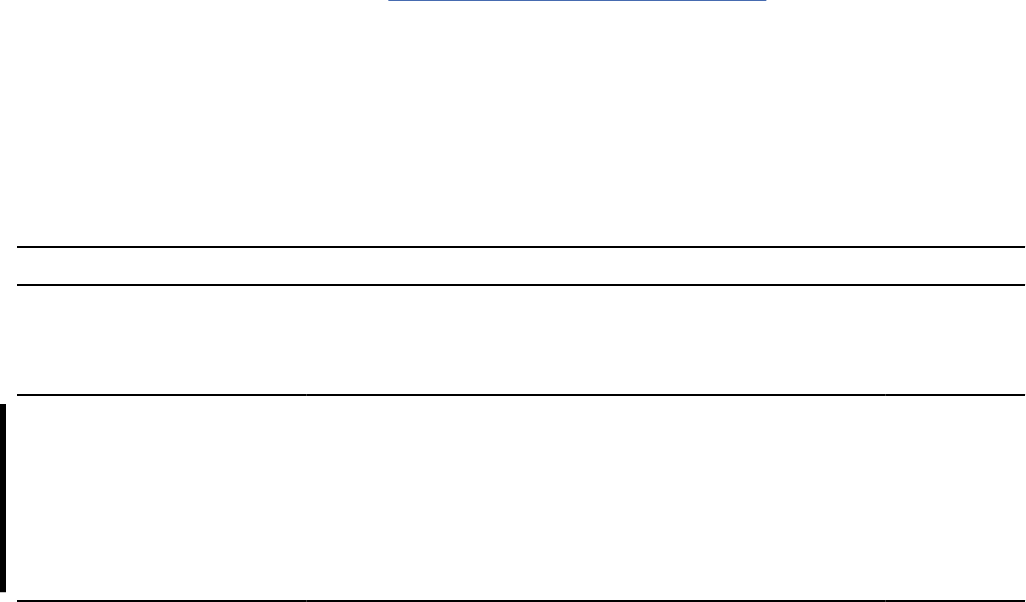
Making a user-dened function reentrant
A reentrant user-dened function is a function for which a single copy of the function can be used
concurrently by two or more processes.
Procedure
Compiling and link-editing your user-dened function as reentrant is recommended. (For an assembler
program, you must also code the user-dened function to be reentrant.)
Reentrant user-dened functions have the following advantages:
• The operating system does not need to load the user-dened function into storage every time the
user-dened function is called.
• Multiple tasks in a WLM-established stored procedures address space can share a single copy of the
user-dened function. This decreases the amount of virtual storage that is needed for code in the
address space.
If your user-dened function consists of several programs, you must bind each program that contains
SQL statements into a separate package. The dener of the user-dened function must have EXECUTE
authority for all packages that are part of the user-dened function.
When the primary program of a user-dened function calls another program, Db2 uses the CURRENT
PACKAGE PATH special register to determine the list of collections to search for the called program's
package. The primary program can change this collection ID by executing the statement SET CURRENT
PACKAGE PATH.
If the value of CURRENT PACKAGE PATH is blank or an empty string, Db2 uses the CURRENT
PACKAGESET special register to determine the collection to search for the called program's package.
The primary program can change this value by executing the statement SET CURRENT PACKAGESET.
If both special registers CURRENT PACKAGE PATH and CURRENT PACKAGESET contain a blank value,
Db2 uses the method described in “Binding an application plan” on page 881
to search for the package.
Special registers in a user-dened function or a stored procedure
You can use all special registers in a user-dened function or a stored procedure. However, you can
modify only some of those special registers.
After a user-dened function or a stored procedure completes, Db2 restores all special registers to the
values they had before invocation.
The following table shows information that you need when you use special registers in a user-dened
function or stored procedure.
Table 43. Characteristics of special registers in a
user-dened function or a stored procedure
Special register Initial value when INHERIT
SPECIAL REGISTERS option
is specied
Initial value when DEFAULT
SPECIAL REGISTERS option
is specied
Routine can
use SET
statement to
modify?
CURRENT ACCELERATOR Inherited from the invoking
application
6
; otherwise, no
preferred accelerator is used
and Db2 will determine the
target accelerator
The ACCELERATOR bind
option value if specied for
the user-dened function or
stored procedure package;
otherwise, no preferred
accelerator is used and Db2
will determine the target
accelerator
Yes
200Db2 12 for z/OS: Application Programming and SQL Guide (Last updated: 2024-07-30)

Table 43. Characteristics of special registers in a user-dened function or a stored procedure (continued)
Special register Initial value when INHERIT
SPECIAL REGISTERS option
is specied
Initial value when DEFAULT
SPECIAL REGISTERS option
is specied
Routine can
use SET
statement to
modify?
CURRENT APPLICATION
COMPATIBILITY
The value of bind option
APPLCOMPAT for the user-
dened function or stored
procedure package
The value of bind option
APPLCOMPAT for the user-
dened function or stored
procedure package
Yes
CURRENT APPLICATION
ENCODING SCHEME
The value of bind option
ENCODING for the user-
dened function or stored
procedure package
The value of bind option
ENCODING for the user-
dened function or stored
procedure package
Yes
CURRENT CLIENT_ACCTNG Inherited from the invoking
application
Inherited from the invoking
application
Not
applicable
5
CURRENT CLIENT_APPLNAME Inherited from the invoking
application
Inherited from the invoking
application
Not
applicable
5
CURRENT CLIENT_USERID Inherited from the invoking
application
Inherited from the invoking
application
Not
applicable
5
CURRENT
CLIENT_WRKSTNNAME
Inherited from the invoking
application
Inherited from the invoking
application
Not
applicable
5
CURRENT DATE New value for each SQL
statement in the user-dened
function or stored procedure
package
1
New value for each SQL
statement in the user-dened
function or stored procedure
package
1
Not
applicable
5
CURRENT DEBUG MODE Inherited from the invoking
application
DISALLOW Yes
CURRENT DECFLOAT
ROUNDING MODE
Inherited from the invoking
application
The value of bind option
ROUNDING for the user-
dened function or stored
procedure package
Yes
CURRENT DEGREE CURRENT DEGREE
2
The value of eld CURRENT
DEGREE on installation panel
DSNTIP8
Yes
CURRENT EXPLAIN MODE Inherited from the invoking
application
NO Yes
CURRENT
GET_ACCEL_ARCHIVE
Inherited from the invoking
application
6
; otherwise, the
subsystem parameter value
will be used
The GETACCELARCHIVE bind
option value if specied for
the user-dened function or
stored procedure package;
otherwise, the subsystem
parameter value will be used
Yes
CURRENT LOCALE LC_CTYPE Inherited from the invoking
application
The value of eld CURRENT
LC_CTYPE on installation panel
DSNTIPF
Yes
CURRENT MAINTAINED TABLE
TYPES FOR OPTIMIZATION
Inherited from the invoking
application
System default value Yes
Chapter 3. Db2 SQL programming201

Table 43. Characteristics of special registers in a user-dened function or a stored procedure (continued)
Special register Initial value when INHERIT
SPECIAL REGISTERS option
is specied
Initial value when DEFAULT
SPECIAL REGISTERS option
is specied
Routine can
use SET
statement to
modify?
CURRENT MEMBER New value for each SET host-
variable=CURRENT MEMBER
statement
New value for each SET host-
variable=CURRENT MEMBER
statement
Not
applicable
5
CURRENT OPTIMIZATION
HINT
The value of bind option
OPTHINT for the user-dened
function or stored procedure
package or inherited from the
invoking application
6
The value of bind option
OPTHINT for the user-dened
function or stored procedure
package
Yes
CURRENT PACKAGE PATH An empty string if the routine
was dened with a COLLID
value; otherwise, inherited
from the invoking application
4
An empty string, regardless of
whether a COLLID value was
specied for the routine
4
Yes
CURRENT PACKAGESET Inherited from the invoking
application
3
Inherited from the invoking
application
3
Yes
CURRENT PATH The value of bind option PATH
for the user-dened function
or stored procedure package
or inherited from the invoking
application
6
The value of bind option PATH
for the user-dened function
or stored procedure package
Yes
CURRENT PRECISION Inherited from the invoking
application
The value of eld DECIMAL
ARITHMETIC on installation
panel DSNTIP4
Yes
CURRENT QUERY
ACCELERATION
Inherited from the invoking
application
6
; otherwise, the
subsystem parameter value
will be used
The QUERYACCELERATION
bind option value if specied
for the user-dened function
or stored procedure package;
otherwise, the subsystem
parameter value will be used
Yes
CURRENT QUERY
ACCELERATION
WAITFORDATA
Inherited from the invoking
application
6
; otherwise, the
subsystem parameter value
will be used
The
ACCELERATIONWAITFORDAT
A bind option value if specied
for the user-dened function
or stored procedure package;
otherwise, the subsystem
parameter value will be used
Yes
CURRENT REFRESH AGE Inherited from the invoking
application
System default value Yes
CURRENT ROUTINE VERSION Inherited from the invoking
application
The empty string Yes
CURRENT RULES Inherited from the invoking
application
The value of bind option
SQLRULES for the plan
that invokes a user-dened
function or stored procedure
Yes
202Db2 12 for z/OS: Application Programming and SQL Guide (Last updated: 2024-07-30)
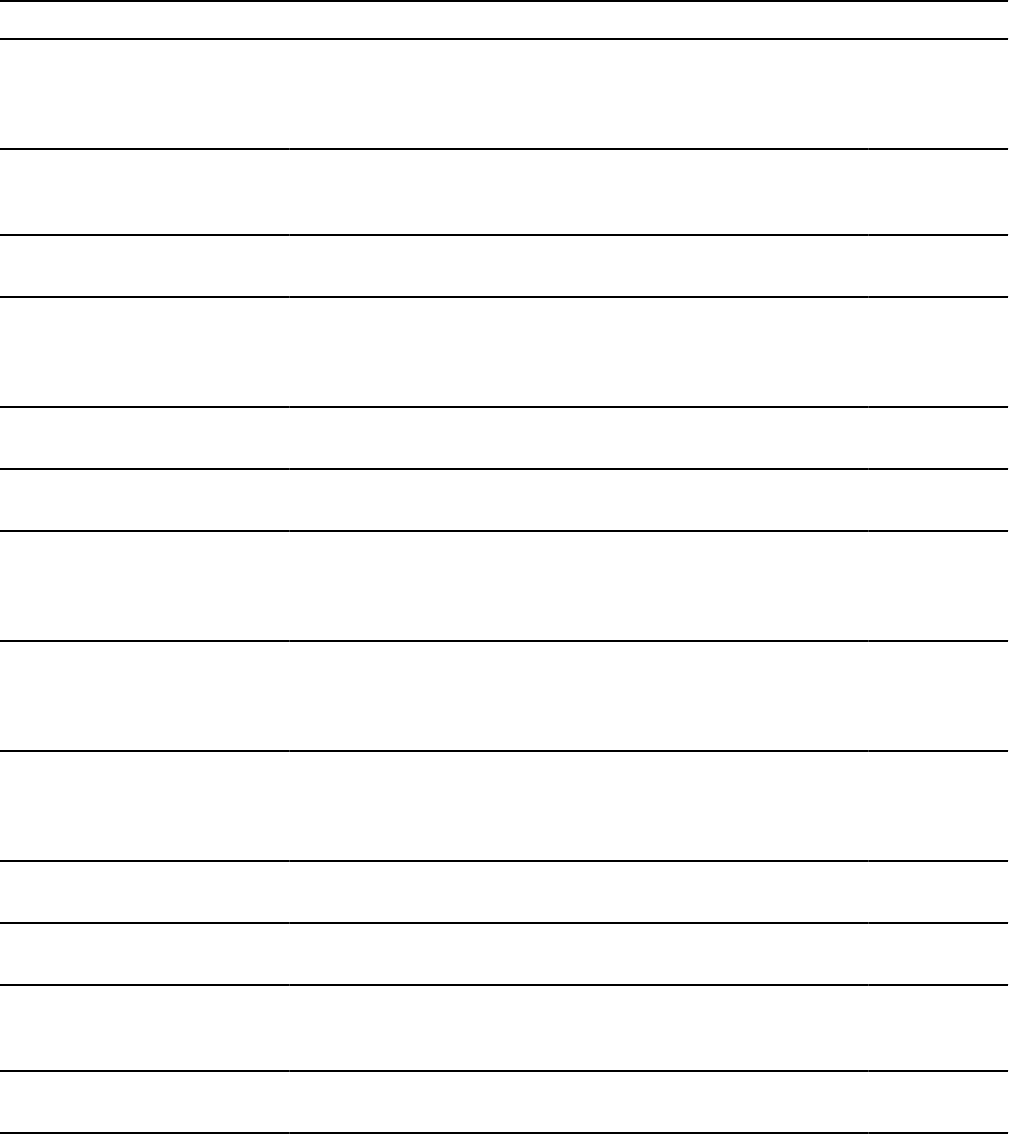
Table 43. Characteristics of special registers in a user-dened function or a stored procedure (continued)
Special register Initial value when INHERIT
SPECIAL REGISTERS option
is specied
Initial value when DEFAULT
SPECIAL REGISTERS option
is specied
Routine can
use SET
statement to
modify?
CURRENT SCHEMA Inherited from the invoking
application
The value of CURRENT
SCHEMA when the routine is
entered
Yes
CURRENT SERVER Inherited from the invoking
application
Inherited from the invoking
application
Yes
CURRENT SQLID The primary authorization ID
of the application process or
inherited from the invoking
application
7
The primary authorization ID
of the application process
Yes
8
CURRENT TEMPORAL
BUSINESS_TIME
Inherited from the invoking
application
NULL Yes
CURRENT TEMPORAL
SYSTEM_TIME
Inherited from the invoking
application
NULL Yes
CURRENT TIME New value for each SQL
statement in the user-dened
function or stored procedure
package
1
New value for each SQL
statement in the user-dened
function or stored procedure
package
1
Not
applicable
5
CURRENT TIMESTAMP New value for each SQL
statement in the user-dened
function or stored procedure
package
1
New value for each SQL
statement in the user-dened
function or stored procedure
package
1
Not
applicable
5
CURRENT TIMESTAMP WITH
TIME ZONE
New value for each SQL
statement in the user-dened
function or stored procedure
package
1
New value for each SQL
statement in the user-dened
function or stored procedure
package
1
Not
applicable
5
CURRENT TIME ZONE Inherited from the invoking
application
Inherited from the invoking
application
Not
applicable
5
ENCRYPTION PASSWORD Inherited from the invoking
application
Inherited from the invoking
application
Yes
SESSION TIME ZONE Inherited from the invoking
application
The value of CURRENT TIME
ZONE when the routine is
entered
Yes
SESSION_USER or USER Primary authorization ID of the
application process
Primary authorization ID of the
application process
Not
applicable
5
Chapter 3. Db2 SQL programming203
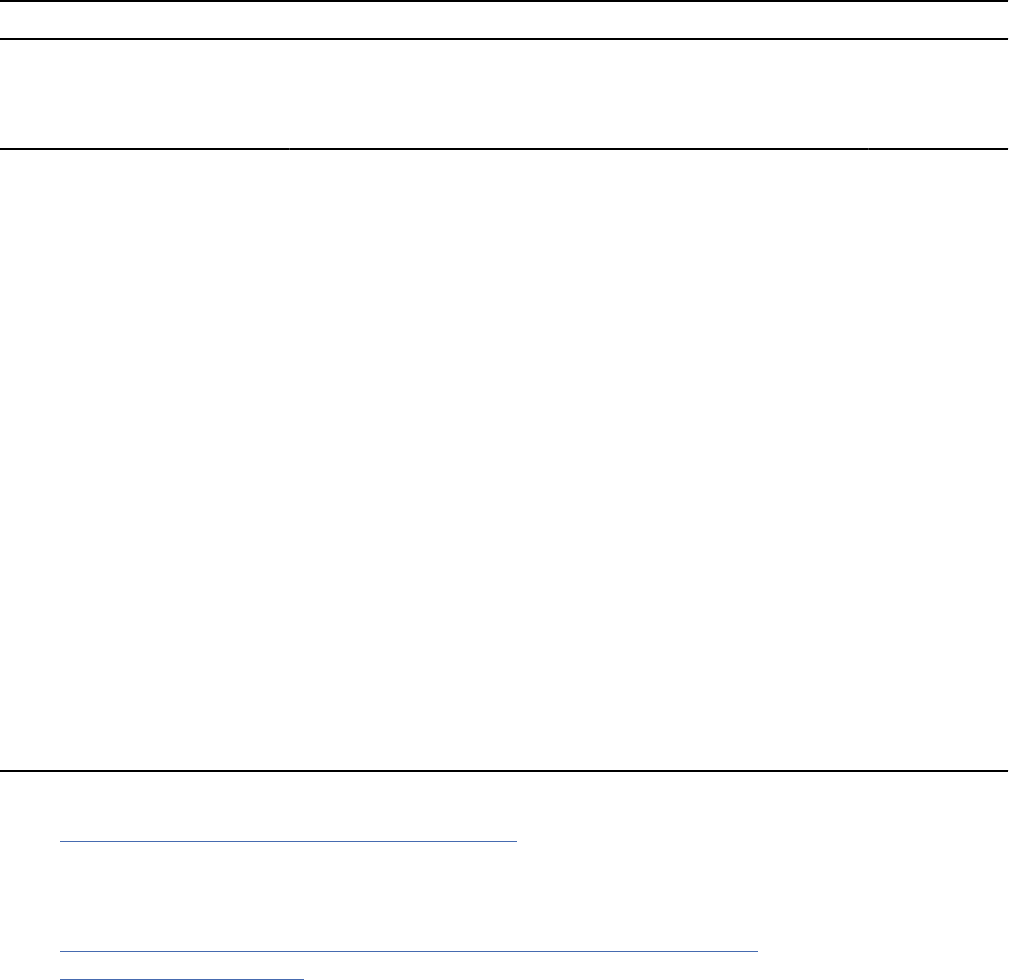
Table 43. Characteristics of special registers in a user-dened function or a stored procedure (continued)
Special register Initial value when INHERIT
SPECIAL REGISTERS option
is specied
Initial value when DEFAULT
SPECIAL REGISTERS option
is specied
Routine can
use SET
statement to
modify?
Notes:
1. If the user-dened function or stored procedure is invoked within the scope of a trigger, Db2 uses the
timestamp for the triggering SQL statement as the timestamp for all SQL statements in the package.
2. Db2 allows parallelism at only one level of a nested SQL statement. If you set the value of the CURRENT
DEGREE special register to ANY, and parallelism is disabled, Db2 ignores the CURRENT DEGREE value.
3. If the routine denition includes a specication for COLLID, Db2 sets CURRENT PACKAGESET to the value
of COLLID. If both CURRENT PACKAGE PATH and COLLID are specied, the CURRENT PACKAGE PATH value
takes precedence and COLLID is ignored.
4. If the function denition includes a specication for PACKAGE PATH, Db2 sets CURRENT PACKAGE PATH to
the value of PACKAGE PATH.
5. Not applicable because no SET statement exists for the special register.
6. If a program within the scope of the invoking program issues a SET statement for the special register before
the user-dened function or stored procedure is invoked, the special register inherits the value from the
SET statement. Otherwise, the special register contains the value that is set by the bind option for the
user-dened function or stored procedure package.
7. If a program within the scope of the invoking program issues a SET CURRENT SQLID statement before the
user-dened function or stored procedure is invoked, the special register inherits the value from the SET
statement. Otherwise, CURRENT SQLID contains the authorization ID of the application process.
8. If the user-dened function or stored procedure package uses a value other than RUN for the
DYNAMICRULES bind option, the SET CURRENT SQLID statement can be executed. However, it does not
affect the authorization ID that is used for the dynamic SQL statements in the package. The DYNAMICRULES
value determines the authorization ID that is used for dynamic SQL statements.
Related concepts
Dynamic rules options for dynamic SQL statements
The DYNAMICRULES bind option and the runtime environment determine the rules for the dynamic SQL
attributes.
Related reference
BIND and REBIND options for packages, plans, and services (Db2 Commands)
Special registers (Db2 SQL)
Accessing transition tables in a user-dened function or stored procedure
If you want to refer to the entire set of rows that a triggering SQL statement modies, rather than to
individual rows, use a transition table. You can reference a transition table in user-dened functions and
procedures that are invoked from a trigger.
About this task
This topic describes how to access transition variables in a user-dened function, but the same
techniques apply to a stored procedure.
To access transition tables in a user-dened function, use table locators, which are pointers to the
transition tables. You declare table locators as input parameters in the CREATE FUNCTION statement
using the TABLE LIKE table-name AS LOCATOR clause.
204
Db2 12 for z/OS: Application Programming and SQL Guide (Last updated: 2024-07-30)

Procedure
To access transition tables in a user-dened function or stored procedure:
1. Declare input parameters to receive table locators. You must dene each parameter that receives a
table locator as an unsigned 4-byte integer.
2. Declare table locators. You can declare table locators in assembler, C, C++, COBOL, PL/I, and in an SQL
procedure compound statement.
3. Declare a cursor to access the rows in each transition table.
4. Assign the input parameter values to the table locators.
5. Access rows from the transition tables using the cursors that are declared for the transition tables.
Results
The following examples show how a user-dened function that is written in C, C++, COBOL, or PL/I
accesses a transition table for a trigger. The transition table, NEWEMP, contains modied rows of the
employee sample table. The trigger is dened like this:
CREATE TRIGGER EMPRAISE
AFTER UPDATE ON EMP
REFERENCING NEW TABLE AS NEWEMPS
FOR EACH STATEMENT MODE DB2SQL
BEGIN ATOMIC
VALUES (CHECKEMP(TABLE NEWEMPS));
END;
The user-dened function denition looks like this:
CREATE FUNCTION CHECKEMP(TABLE LIKE EMP AS LOCATOR)
RETURNS INTEGER
EXTERNAL NAME 'CHECKEMP'
PARAMETER STYLE SQL
LANGUAGE language;
Assembler: The following example shows how an assembler program accesses rows of transition table
NEWEMPS.
CHECKEMP CSECT
SAVE (14,12) ANY SAVE SEQUENCE
LR R12,R15 CODE ADDRESSABILITY
USING CHECKEMP,R12 TELL THE ASSEMBLER
LR R7,R1 SAVE THE PARM POINTER
USING PARMAREA,R7 SET ADDRESSABILITY FOR PARMS
USING SQLDSECT,R8 ESTABLISH ADDRESSIBILITY TO SQLDSECT
L R6,PROGSIZE GET SPACE FOR USER PROGRAM
GETMAIN R,LV=(6) GET STORAGE FOR PROGRAM VARIABLES
LR R10,R1 POINT TO THE ACQUIRED STORAGE
LR R2,R10 POINT TO THE FIELD
LR R3,R6 GET ITS LENGTH
SR R4,R4 CLEAR THE INPUT ADDRESS
SR R5,R5 CLEAR THE INPUT LENGTH
MVCL R2,R4 CLEAR OUT THE FIELD
ST R13,FOUR(R10) CHAIN THE SAVEAREA PTRS
ST R10,EIGHT(R13) CHAIN SAVEAREA FORWARD
LR R13,R10 POINT TO THE SAVEAREA
USING PROGAREA,R13 SET ADDRESSABILITY
ST R6,GETLENTH SAVE THE LENGTH OF THE GETMAIN
⋮
************************************************************
* Declare table locator host variable TRIGTBL *
************************************************************
TRIGTBL SQL TYPE IS TABLE LIKE EMP AS LOCATOR
************************************************************
* Declare a cursor to retrieve rows from the transition *
* table *
************************************************************
EXEC SQL DECLARE C1 CURSOR FOR X
SELECT LASTNAME FROM TABLE(:TRIGTBL LIKE EMP) X
WHERE SALARY > 100000
************************************************************
* Copy table locator for trigger transition table *
************************************************************
Chapter 3. Db2 SQL programming
205

L R2,TABLOC GET ADDRESS OF LOCATOR
L R2,0(0,R2) GET LOCATOR VALUE
ST R2,TRIGTBL
EXEC SQL OPEN C1
EXEC SQL FETCH C1 INTO :NAME
⋮
EXEC SQL CLOSE C1
⋮PROGAREA DSECT WORKING STORAGE FOR THE PROGRAM
SAVEAREA DS 18F THIS ROUTINE'S SAVE AREA
GETLENTH DS A GETMAIN LENGTH FOR THIS AREA
⋮
NAME DS CL24
⋮
DS 0D
PROGSIZE EQU *-PROGAREA DYNAMIC WORKAREA SIZE
PARMAREA DSECT
TABLOC DS A INPUT PARAMETER FOR TABLE LOCATOR
⋮
END CHECKEMP
C or C++: The following example shows how a C or C++ program accesses rows of transition table
NEWEMPS.
int CHECK_EMP(int trig_tbl_id)
{
⋮
/**********************************************************/
/* Declare table locator host variable trig_tbl_id */
/**********************************************************/
EXEC SQL BEGIN DECLARE SECTION;
SQL TYPE IS TABLE LIKE EMP AS LOCATOR trig_tbl_id;
char name[25];
EXEC SQL END DECLARE SECTION;
⋮
/**********************************************************/
/* Declare a cursor to retrieve rows from the transition */
/* table */
/**********************************************************/
EXEC SQL DECLARE C1 CURSOR FOR
SELECT NAME FROM TABLE(:trig_tbl_id LIKE EMPLOYEE)
WHERE SALARY > 100000;
/**********************************************************/
/* Fetch a row from transition table */
/**********************************************************/
EXEC SQL OPEN C1;
EXEC SQL FETCH C1 INTO :name;
⋮
EXEC SQL CLOSE C1;
⋮
}
COBOL: The following example shows how a COBOL program accesses rows of transition table
NEWEMPS.
IDENTIFICATION DIVISION.
PROGRAM-ID. CHECKEMP.
ENVIRONMENT DIVISION.
INPUT-OUTPUT SECTION.
DATA DIVISION.
WORKING-STORAGE SECTION.
01 NAME PIC X(24).
⋮
LINKAGE SECTION.
*********************************************************
* Declare table locator host variable TRIG-TBL-ID *
*********************************************************
01 TRIG-TBL-ID SQL TYPE IS TABLE LIKE EMP AS LOCATOR.
⋮
PROCEDURE DIVISION USING TRIG-TBL-ID.
⋮
*********************************************************
* Declare cursor to retrieve rows from transition table *
*********************************************************
EXEC SQL DECLARE C1 CURSOR FOR
SELECT NAME FROM TABLE(:TRIG-TBL-ID LIKE EMP)
WHERE SALARY > 100000 END-EXEC.
*********************************************************
* Fetch a row from transition table *
*********************************************************
206
Db2 12 for z/OS: Application Programming and SQL Guide (Last updated: 2024-07-30)

EXEC SQL OPEN C1 END-EXEC.
EXEC SQL FETCH C1 INTO :NAME END-EXEC.
⋮
EXEC SQL CLOSE C1 END-EXEC.
⋮
PROG-END.
GOBACK.
PL/I: The following example shows how a PL/I program accesses rows of transition table NEWEMPS.
CHECK_EMP: PROC(TRIG_TBL_ID) RETURNS(BIN FIXED(31))
OPTIONS(MAIN NOEXECOPS REENTRANT);
/****************************************************/
/* Declare table locator host variable TRIG_TBL_ID */
/****************************************************/
DECLARE TRIG_TBL_ID SQL TYPE IS TABLE LIKE EMP AS LOCATOR;
DECLARE NAME CHAR(24);
⋮
/****************************************************/
/* Declare a cursor to retrieve rows from the */
/* transition table */
/****************************************************/
EXEC SQL DECLARE C1 CURSOR FOR
SELECT NAME FROM TABLE(:TRIG_TBL_ID LIKE EMP)
WHERE SALARY > 100000;
/****************************************************/
/* Retrieve rows from the transition table */
/****************************************************/
EXEC SQL OPEN C1;
EXEC SQL FETCH C1 INTO :NAME;
⋮
EXEC SQL CLOSE C1;
⋮
END CHECK_EMP;
Preparing an external user-dened function for execution
Because an external user-dened function is written in a programming language, preparing it is similar to
the way that you prepare any other application program.
Procedure
To prepare an external user-dened function for execution:
1. Precompile the user-dened function program and bind the DBRM into a package. You need to do this
only if your user-dened function contains SQL statements. You do not need to bind a plan for the
user-dened function.
2. Compile the user-dened function program and link-edit it with Language Environment and RRSAF.
You must compile the program with a compiler that supports Language Environment and link-edit
the appropriate Language Environment components with the user-dened function. You must also
link-edit the user-dened function with RRSAF.
The program preparation JCL samples DSNHASM, DSNHC, DSNHCPP, DSNHICOB, and DSNHPLI show
you how to precompile, compile, and link-edit assembler, C, C++, COBOL, and PL/I Db2 programs. For
object-oriented programs in C++, see JCL sample DSNHCPP2 for program preparation hints.
3. For a user-dened function that contains SQL statements, grant EXECUTE authority on the user-
dened function package to the function dener.
Abnormal termination of an external user-dened function
If an external user-dened function abnormally terminates, your program receives SQLCODE -430 for
invoking the statement.
Db2 also performs the following actions:
• Places the unit of work that contains the invoking statement in a must-rollback state.
• Stops the user-dened function, and subsequent calls fail, in either of the following situations:
Chapter 3. Db2 SQL programming
207

– The number of abnormal terminations equals the STOP AFTER n FAILURES value for the user-dened
function.
– If the STOP AFTER n FAILURES option is not specied, the number of abnormal terminations equals
the default MAX ABEND COUNT value for the subsystem.
You should include code in your program to check for a user-dened function abend and to roll back the
unit of work that contains the user-dened function invocation.
Saving information between invocations of a user-dened function by using a
scratchpad
If you create a scratchpad for a reentrant user-dened function, Db2 can use it to preserve information
between invocations of the function.
About this task
You can use a scratchpad to save information between invocations of a user-dened function. To indicate
that a scratchpad should be allocated when the user-dened function executes, the function dener
species the SCRATCHPAD parameter in the CREATE FUNCTION statement.
The scratchpad consists of a 4-byte length eld, followed by the scratchpad area. The dener can
specify the length of the scratchpad area in the CREATE FUNCTION statement. The specied length
does not include the length eld. The default size is 100 bytes. Db2 initializes the scratchpad for each
function to binary zeros at the beginning of execution for each subquery of an SQL statement and does
not examine or change the content thereafter. On each invocation of the user-dened function, Db2
passes the scratchpad to the user-dened function. You can therefore use the scratchpad to preserve
information between invocations of a reentrant user-dened function.
The following example demonstrates how to enter information in a scratchpad for a user-dened function
dened like this:
CREATE FUNCTION COUNTER()
RETURNS INT
SCRATCHPAD
FENCED
NOT DETERMINISTIC
NO SQL
NO EXTERNAL ACTION
LANGUAGE C
PARAMETER STYLE SQL
EXTERNAL NAME 'UDFCTR';
The scratchpad length is not specied, so the scratchpad has the default length of 100 bytes, plus 4 bytes
for the length eld. The user-dened function increments an integer value and stores it in the scratchpad
on each execution.
#pragma linkage(ctr,fetchable)
#include <stdlib.h>
#include <stdio.h>
/* Structure scr defines the passed scratchpad for function ctr */
struct scr {
long len;
long countr;
char not_used[96];
};
/***************************************************************/
/* Function ctr: Increments a counter and reports the value */
/* from the scratchpad. */
/* */
/* Input: None */
/* Output: INTEGER out the value from the scratchpad */
/***************************************************************/
void ctr(
long *out, /* Output answer (counter) */
short *outnull, /* Output null indicator */
char *sqlstate, /* SQLSTATE */
char *funcname, /* Function name */
char *specname, /* Specific function name */
208
Db2 12 for z/OS: Application Programming and SQL Guide (Last updated: 2024-07-30)

char *mesgtext, /* Message text insert */
struct scr *scratchptr) /* Scratchpad */
{
*out = ++scratchptr->countr; /* Increment counter and */
/* copy to output variable */
*outnull = 0; /* Set output null indicator*/
return;
}
/* end of user-defined function ctr */
Example of creating and using a user-dened scalar function
You can create a user-dened scalar function that gets input from a table and puts the output in a table.
Suppose that your organization needs a user-dened scalar function that calculates the bonus that each
employee receives. All employee data, including salaries, commissions, and bonuses, is kept in the
employee table, EMP. The input elds for the bonus calculation function are the values of the SALARY and
COMM columns. The output from the function goes into the BONUS column. Because this function gets
its input from a Db2 table and puts the output in a Db2 table, a convenient way to manipulate the data is
through a user-dened function.
The user-dened function's dener and invoker determine that this new user-dened function should
have these characteristics:
• The user-dened function name is CALC_BONUS.
• The two input elds are of type DECIMAL(9,2).
• The output eld is of type DECIMAL(9,2).
• The program for the user-dened function is written in COBOL and has a load module name of CBONUS.
Because no built-in function or user-dened function exists on which to build a sourced user-dened
function, the function implementer must code an external user-dened function. The implementer
performs the following steps:
• Writes the user-dened function, which is a COBOL program
• Precompiles, compiles, and links the program
• Binds a package if the user-dened function contains SQL statements
• Tests the program thoroughly
• Grants execute authority on the user-dened function package to the dener
The user-dened function dener executes this CREATE FUNCTION statement to register CALC_BONUS
to Db2:
CREATE FUNCTION CALC_BONUS(DECIMAL(9,2),DECIMAL(9,2))
RETURNS DECIMAL(9,2)
EXTERNAL NAME 'CBONUS'
PARAMETER STYLE SQL
LANGUAGE COBOL;
The dener then grants execute authority on CALC_BONUS to all invokers.
User-dened function invokers write and prepare application programs that invoke CALC_BONUS. An
invoker might write a statement like this, which uses the user-dened function to update the BONUS eld
in the employee table:
UPDATE EMP
SET BONUS = CALC_BONUS(SALARY,COMM);
An invoker can execute this statement either statically or dynamically.
Chapter 3. Db2 SQL programming
209
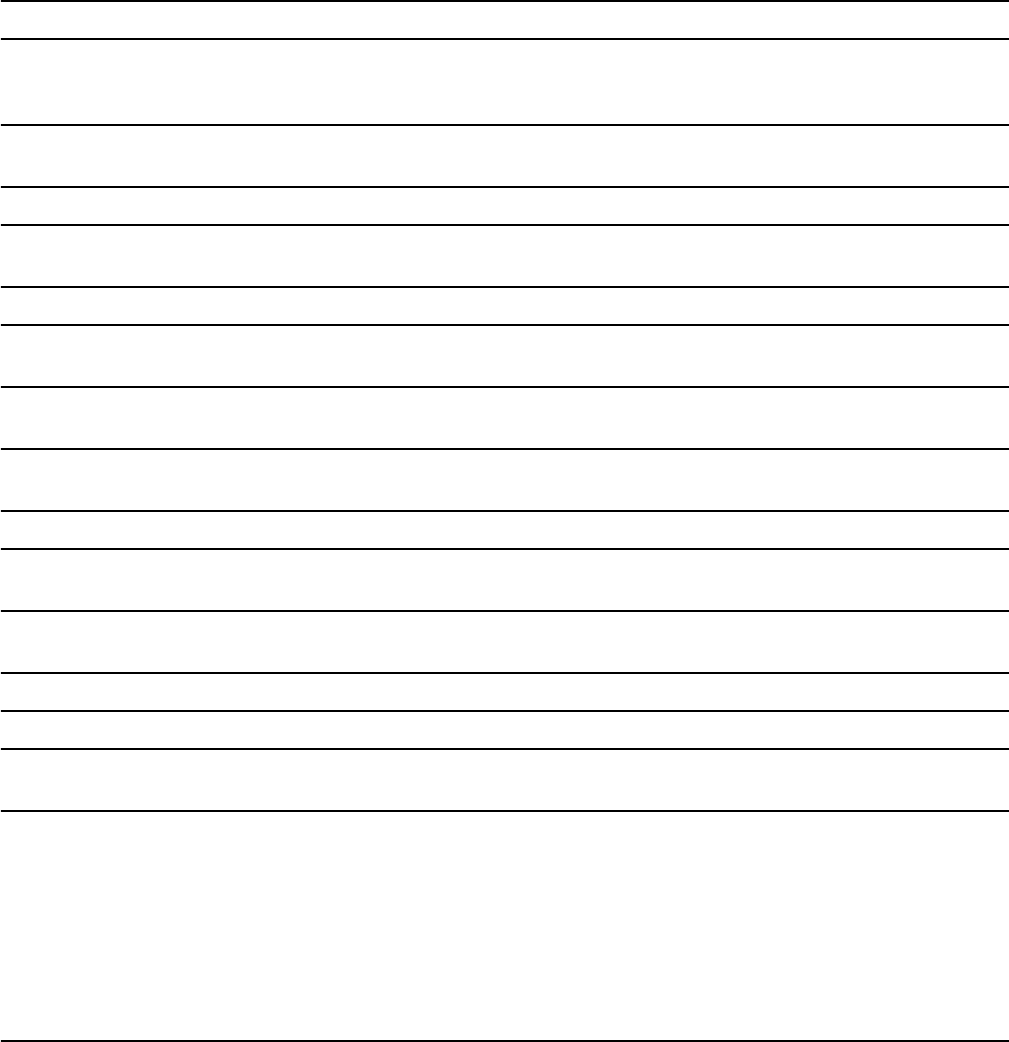
User-dened function samples that ship with Db2
To assist you in dening, implementing, and invoking your user-dened functions, Db2 provides
a number of sample user-dened functions. All sample user-dened function code is in data set
DSN1210.SDSNSAMP.
The following table summarizes the characteristics of the sample user-dened functions.
Table 44. User-dened function samples shipped with Db2
User-dened function
name
Language Member that
contains source
code
Purpose
ALTDATE
1
C DSN8DUAD Converts the current date to a user-specied
format
ALTDATE
2
C DSN8DUCD Converts a date from one format to another
ALTTIME
3
C DSN8DUAT Converts the current time to a user-specied
format
ALTTIME
4
C DSN8DUCT Converts a time from one format to another
DAYNAME C++ DSN8EUDN Returns the day of the week for a user-specied
date
HDFS_READ C++ DSN8HDFS Reads data from a delimiter-separated le in the
Hadoop Distributed File System (HDFS)
JAQL_SUBMIT C++ DSN8JAQL Invokes an IBM InfoSphere
®
BigInsights
®
Jaql
query
MONTHNAME C++ DSN8EUMN Returns the month for a user-specied date
CURRENCY C DSN8DUCY Formats a floating-point number as a currency
value
TABLE_NAME C DSN8DUTI Returns the unqualied table name for a table,
view, or alias
TABLE_QUALIF C DSN8DUTI Returns the qualier for a table, view, or alias
TABLE_LOCATION C DSN8DUTI Returns the location for a table, view, or alias
WEATHER C DSN8DUWF Returns a table of weather information from a
EBCDIC data set
Notes:
1. This version of ALTDATE has one input parameter, of type VARCHAR(13).
2. This version of ALTDATE has three input parameters, of type VARCHAR(17), VARCHAR(13), and
VARCHAR(13).
3. This version of ALTTIME has one input parameter, of type VARCHAR(14).
4. This version of ALTTIME has three input parameters, of type VARCHAR(11), VARCHAR(14), and
VARCHAR(14).
Member DSN8DUWC contains a client program that shows you how to invoke the WEATHER user-dened
table function.
Member DSNTEJBI shows you how to dene and prepare the IBM InfoSphere BigInsights sample user-
dened functions.
Member DSNTEJ2U shows you how to dene and prepare the other sample user-dened functions and
the client program.
210
Db2 12 for z/OS: Application Programming and SQL Guide (Last updated: 2024-07-30)

Related concepts
Job DSNTEJBI (Db2 Installation and Migration)
Job DSNTEJ2U (Db2 Installation and Migration)
Sample user-dened functions (Db2 SQL)
Creating stored procedures
A stored procedure is executable code that can be called by other programs. The process for creating one
depends on the type of procedure.
Before you begin
You must complete some conguration tasks for the Db2 environment before you can use any of the
following types of procedures:
• External stored procedures
• Native SQL procedures that satisfy any of the following conditions:
– Calls at least one external stored procedure, external SQL procedure, or user-dened function.
– Dened with ALLOW DEBUG MODE or DISALLOW DEBUG MODE.
• External SQL procedures (deprecated)
• Db2-supplied stored procedures
For instructions, see Installation step 21: Congure Db2 for running stored procedures and user-dened
functions (Db2 Installation and Migration) or Migration step 23: Congure Db2 for running stored
procedures and user-dened functions (optional) (Db2 Installation and Migration).
Procedure
Follow the process for the type of stored procedure that you want to create, and issue a CREATE
PROCEDURE statement to register the stored procedure with a database server.
You can create the following types of stored procedures:
Native SQL procedures
The procedure body is written exclusively in SQL statements, including SQL procedural language (SQL
PL) statements. The procedure body is contained and specied in the procedure denition along with
various attributes of the procedure. A package is generated for a native SQL procedure. It contains the
procedure body, including control statements. It might sometimes also include statements generated
by Db2. Each time that the procedure is invoked, the package executes one or more times.
All SQL procedures that are created with a CREATE PROCEDURE statement that does not specify
the FENCED or EXTERNAL options are native SQL procedures. More capabilities are supported for
native SQL procedures, they usually perform better than external SQL procedures, and no associated
C program is generated for them.
For more information, see “Creating native SQL procedures” on page 226.
External stored procedures
The procedure body is an external program that is written in a programming language such as C,
C++, COBOL, or Java and it can contain SQL statements. The source code for an external stored
procedure is separate from the procedure denition and is bound into a package. The name of the
external executable is specied as part of the procedure denition along with various attributes of
the procedure. All programs must be designed to run using Language Environment. Your COBOL and
C++ stored procedures can contain object-oriented extensions. Each time that the stored procedure is
invoked, the logic in the procedure controls whether the package executes and how many times.
For more information, see “Creating external stored procedures” on page 252.
Chapter 3. Db2 SQL programming
211

External SQL procedures (deprecated)
The procedure body is written exclusively in SQL statements, including SQL procedural language
(SQL PL) statements. The procedure body is specied in the procedure denition along with various
attributes of the procedure. A C program and an associated package are generated for an external
SQL procedure. It contains the procedure body, including control statements. It might sometimes also
include statements generated by Db2.Each time that the procedure is invoked, the package executes
one or more times.
Native SQL procedures are more fully supported, easier to maintain, and typically perform better than
external SQL procedures, which are deprecated.
For more information, see “Creating external SQL procedures (deprecated)” on page 286.
GUPI
Related concepts
Stored procedures
A stored procedure is a compiled program that can execute SQL statements and is stored at a local or
remote Db2 server. You can invoke a stored procedure from an application program or from the command
line processor. A single call to a stored procedure from a client application can access the database at the
server several times.
External stored procedures
An external stored procedure is a procedure that is written in a host language and can contain SQL
statements. The source code for external procedures is separate from the denition.
SQL procedures
An SQL procedure is a stored procedure that contains only SQL statements.
Related tasks
Obfuscating source code of SQL procedures, SQL functions, and triggers (Db2 Administration Guide)
Related reference
CREATE PROCEDURE statement (overview) (Db2 SQL)
Db2 for z/OS Exchange
Related information
Db2 for z/OS Stored Procedures: Through the CALL and Beyond (IBM Redbooks)
Stored procedures
A stored procedure is a compiled program that can execute SQL statements and is stored at a local or
remote Db2 server. You can invoke a stored procedure from an application program or from the command
line processor. A single call to a stored procedure from a client application can access the database at the
server several times.
A typical stored procedure contains two or more SQL statements and some manipulative or logical
processing in a host language or SQL procedure statements. You can call stored procedures from other
applications or from the command line. Db2 provides some stored procedures, but you can also create
your own.
A stored procedure provides a common piece of code that is written only once and is maintained in
a single instance that can be called from several different applications. Host languages can easily call
procedures that exist on a local system, and SQL can call stored procedures that exist on remote systems.
In fact, a major benet of procedures in SQL is that they can be used to enhance the performance
characteristics of distributed applications. With stored procedures, you can avoid network transfer of
large amounts of data obtained as part of intermediate results in a long sequence of queries.
The following diagram illustrates the processing for an application that does not use stored procedures.
The client application embeds SQL statements and communicates with the server separately for each
statement. This application design results in increased network trafc and processor costs.
212
Db2 12 for z/OS: Application Programming and SQL Guide (Last updated: 2024-07-30)
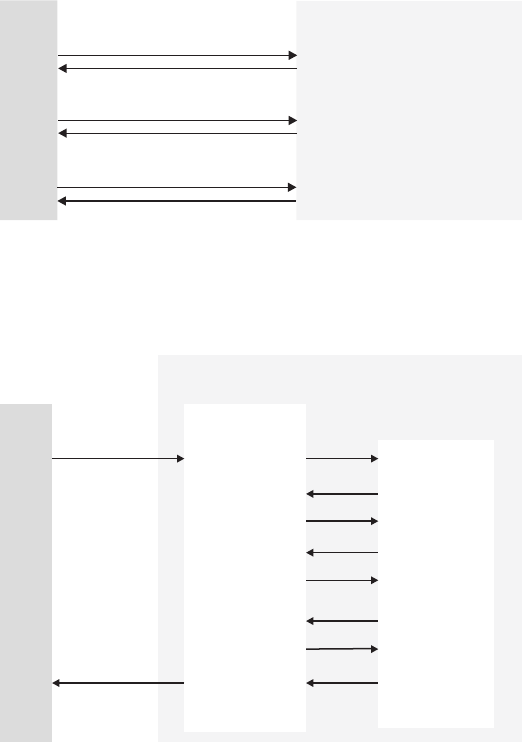
Client
Db2 for z/OS
EXEC SQL SELECT …
EXEC SQL UPDATE …
EXEC SQL INSERT …
Perform SQL processing
Perform SQL processing
Perform SQL processing
Figure 9. Processing without stored procedures
The following diagram illustrates the processing for an application that uses stored procedures. Because a
stored procedure is used on the server, a series of SQL statements can be executed with a single send and
receive operation, reducing network trafc and the cost of processing these statements.
z/OS system
Db2 stored
procedures regionDb2
Schedule PROCX
Perform SQL
OPEN
Perform SQL
UPDATE
Perform SQL
INSERT
Return values
and result set
to client
EXEC SQL
CALL PROCX
EXEC SQL
DECLARE C1...
EXEC SQL
OPEN C1...
EXEC SQL
UPDATE...
EXEC SQL
INSERT...
PROCX end
Client
Figure 10. Processing with stored procedures
Stored procedures are useful for client/server applications that do at least one of the following things:
• Execute multiple remote SQL statements. Remote SQL statements can create many network send and
receive operations, which results in increased processor costs. Stored procedures can encapsulate
many of your application's SQL statements into a single message to the Db2 server, reducing network
trafc to a single send and receive operation for a series of SQL statements. Locks on Db2 tables are not
held across network transmissions, which reduces contention for resources at the server.
• Access tables from a dynamic SQL environment where table privileges for the application that is running
are undesirable. Stored procedures allow static SQL authorization from a dynamic environment.
• Access host variables for which you want to guarantee security and integrity. Stored procedures
remove SQL applications from the workstation, which prevents workstation users from manipulating
the contents of sensitive SQL statements and host variables.
• Create a result set of rows to return to the client application.
Stored procedures that are written in embedded static SQL provide the following additional advantages:
• Better performance because static SQL is prepared at precompile time and has no run time overhead for
access plan (package) generation.
• Encapsulation enables programmers to write applications that access data without knowing the details
of database objects.
• Improved security because access privileges are encapsulated within the packages that are associated
with the stored procedures. You can grant access to run a stored procedure that selects data from
tables, without granting SELECT privilege to the user.
Chapter 3. Db2 SQL programming
213

You can create the following types of stored procedures:
Native SQL procedures
The procedure body is written exclusively in SQL statements, including SQL procedural language (SQL
PL) statements. The procedure body is contained and specied in the procedure denition along with
various attributes of the procedure. A package is generated for a native SQL procedure. It contains the
procedure body, including control statements. It might sometimes also include statements generated
by Db2. Each time that the procedure is invoked, the package executes one or more times.
All SQL procedures that are created with a CREATE PROCEDURE statement that does not specify
the FENCED or EXTERNAL options are native SQL procedures. More capabilities are supported for
native SQL procedures, they usually perform better than external SQL procedures, and no associated
C program is generated for them.
For more information, see “Creating native SQL procedures” on page 226.
External stored procedures
The procedure body is an external program that is written in a programming language such as C,
C++, COBOL, or Java and it can contain SQL statements. The source code for an external stored
procedure is separate from the procedure denition and is bound into a package. The name of the
external executable is specied as part of the procedure denition along with various attributes of
the procedure. All programs must be designed to run using Language Environment. Your COBOL and
C++ stored procedures can contain object-oriented extensions. Each time that the stored procedure is
invoked, the logic in the procedure controls whether the package executes and how many times.
For more information, see “Creating external stored procedures” on page 252
.
External SQL procedures (deprecated)
The procedure body is written exclusively in SQL statements, including SQL procedural language
(SQL PL) statements. The procedure body is specied in the procedure denition along with various
attributes of the procedure. A C program and an associated package are generated for an external
SQL procedure. It contains the procedure body, including control statements. It might sometimes also
include statements generated by Db2.Each time that the procedure is invoked, the package executes
one or more times.
Native SQL procedures are more fully supported, easier to maintain, and typically perform better than
external SQL procedures, which are deprecated.
For more information, see “Creating external SQL procedures (deprecated)” on page 286.
Db2 also provides a set of stored procedures that you can call in your application programs to perform a
number of utility, application programming, and performance management functions. These procedures
are called supplied stored procedures. Typically, you create these procedures during installation or
migration.
Related concepts
Common SQL API stored procedures (Db2 Administration Guide)
Related tasks
Implementing Db2 stored procedures (Stored procedures provided by Db2)
Related reference
Procedures that are supplied with Db2 (Db2 SQL)
Stored procedure parameters
You can pass information between a stored procedure and the calling application program by using
parameters. Applications pass the required parameters in the SQL CALL statement. Optionally, the
application can also include an indicator variable with each parameter to allow for null values or to pass
large output parameter values.
You dene the stored procedure parameters as part of the stored procedure denition in the CREATE
PROCEDURE statement. The stored procedure parameters can be one of the following types:
IN
Input-only parameters, which provide values to the stored procedure.
214
Db2 12 for z/OS: Application Programming and SQL Guide (Last updated: 2024-07-30)

OUT
Output-only parameters, which return values from the stored procedure to the calling program.
INOUT
Input and output parameters, which provide values to and return values from the stored procedure.
If a stored procedure fails to set one or more of the OUT or INOUT parameters, Db2 does not return
an error. Instead, Db2 returns the output parameters to the calling program, with the values that were
established on entry to the stored procedure.
Within a procedure body, the following rules apply to IN, OUT, and INOUT parameters:
• You can use a parameter that you dene as IN on the left side or right side of an assignment statement.
However, if you assign a value to an IN parameter, you cannot pass the new value back to the caller. The
IN parameter has the same value before and after the SQL procedure is called.
• You can use a parameter that you dene as OUT on the left side or right side of an assignment
statement. The last value that you assign to the parameter is the value that is returned to the caller. The
starting value of an OUT parameter is NULL.
• You can use a parameter that you dene as INOUT on the left side or right side of an assignment
statement. The caller determines the rst value of the INOUT parameter, and the last value that you
assign to the parameter is the value that is returned to the caller.
Restrictions:
• You cannot pass le reference variables as stored procedure parameters.
• You cannot pass parameters with the type XML to stored procedures. You can specify tables or views
that contain XML columns as table locator parameters. However, you cannot reference the XML columns
in the body of the stored procedure.
Related tasks
Calling a stored procedure from your application
To run a stored procedure, you can either call it from a client program or invoke it from the command line
processor.
Passing large output parameters to stored procedures by using indicator variables
If any output parameters occupy a large amount of storage, passing the entire storage area to a stored
procedure can degrade performance.
Related reference
CALL statement (Db2 SQL)
CREATE PROCEDURE statement (overview) (Db2 SQL)
Example of a simple stored procedure
When an application that runs on a workstation calls a stored procedure on a Db2 server, the stored
procedure updates a table based on the information that it receives from the application.
Suppose that an application runs on a workstation client and calls a stored procedure A on the Db2 server
at location LOCA. Stored procedure A performs the following operations:
1. Receives a set of parameters containing the data for one row of the employee to project activity table
(DSN8C10.EMPPROJACT). These parameters are input parameters in the SQL statement CALL:
• EMP: employee number
• PRJ: project number
• ACT: activity ID
• EMT: percent of employee's time required
• EMS: date the activity starts
• EME: date the activity is due to end
2. Declares a cursor, C1, with the option WITH RETURN, that is used to return a result set containing all
rows in EMPPROJACT to the workstation application that called the stored procedure.
Chapter 3. Db2 SQL programming
215
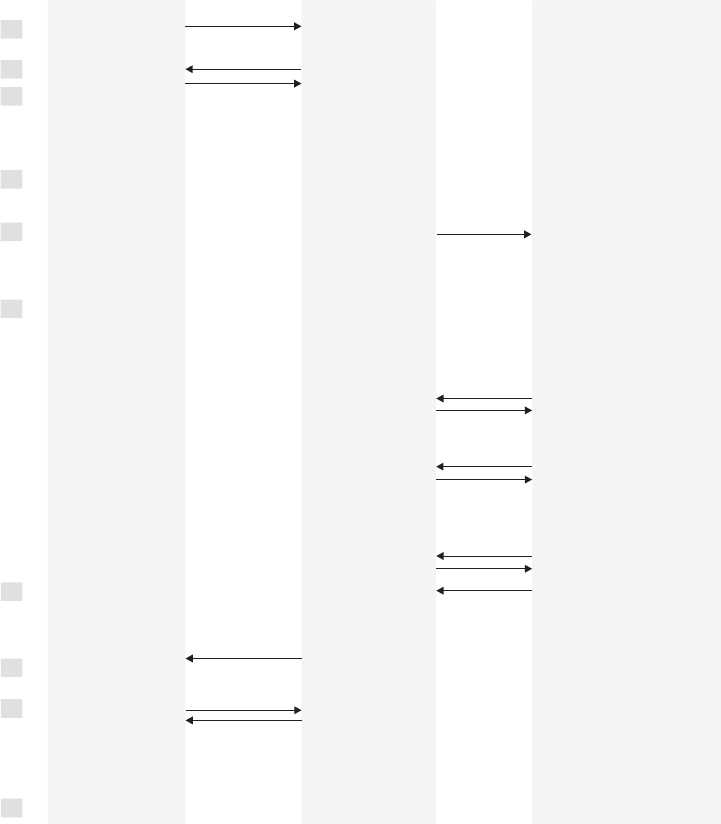
3. Queries table EMPPROJACT to determine whether a row exists where columns PROJNO, ACTNO,
EMSTDATE, and EMPNO match the values of parameters PRJ, ACT, EMS, and EMP. (The table has a
unique index on those columns. There is at most one row with those values.)
4. If the row exists, executes an SQL statement UPDATE to assign the values of parameters EMT and EME
to columns EMPTIME and EMENDATE.
1
5. If the row does not exist (SQLCODE +100), executes an SQL statement INSERT to insert a new row
with all the values in the parameter list.
1
6. Opens cursor C1. This causes the result set to be returned to the caller when the stored procedure
ends.
7. Returns two parameters, containing these values:
• A code to identify the type of SQL statement last executed: UPDATE or INSERT.
• The SQLCODE from that statement.
Note:
1. Alternatively, steps 4 and 5 can be accomplished with a single MERGE statement.
The following gure illustrates the steps that are involved in executing this stored procedure.
1
2
3
4
5
6
7
8
9
10
EXEC SQL
CONNECT TO
LOCA;
EXEC SQL
CALL A(:EMP,
:PRJ,:ACT,:EMT,
:EMS,:EME,
:TYPE,:CODE);
:TYPE
EXEC SQL
COMMIT;
(or ROLLBACK)
Receive result set
Control returns
to application
Result of
COMMIT or
ROLLBACK
Notes User Workstation Db2 System Db2 stored procedures
address space
Create thread
Get information
from SYSIBM.
SYSROUTINES
Prepare
parameter list and
pass control to
stored procedure
Stored procedure A
EXEC SQL
DECLARE C1 CURSOR
WITH RETURN
FOR SELECT * FROM
EMPPROJACT;
USE SQL UPDATE to
update EMPPROJACT
with input parameter
values
If SQLCODE=+100,
use SQL INSERT to
add a row with the
values in the
parameter list
EXEC SQL OPEN C1;
Return output parameters
:TYPE and :CODE and
a result set that contains
all rows in EMPPROJACT
Figure 11. Stored procedure overview
216
Db2 12 for z/OS: Application Programming and SQL Guide (Last updated: 2024-07-30)
Notes:
1. The workstation application uses the SQL CONNECT statement to create a conversation with Db2.
2. Db2 creates a Db2 thread to process SQL requests.
3. The SQL statement CALL tells the Db2 server that the application is going to run a stored procedure.
The calling application provides the necessary parameters.
4. The plan for the client application contains information from catalog table SYSIBM.SYSROUTINES
about stored procedure A.
5. Db2 passes information about the request to the stored procedures address space, and the stored
procedure begins execution.
6. The stored procedure executes SQL statements.
Db2 veries that the owner of the package or plan containing the SQL statement CALL has EXECUTE
authority for the package associated with the Db2 stored procedure.
One of the SQL statements opens a cursor that has been declared WITH RETURN. This causes a
result set to be returned to the workstation application when the procedure ends.
Any SQLCODE that is issued within an external stored procedure is not returned to the workstation
application in the SQLCA (as the result of the CALL statement).
7. If an error is not encountered, the stored procedure assigns values to the output parameters and
exits.
Control returns to the Db2 stored procedures address space, and from there to the Db2 system. If the
stored procedure denition contains COMMIT ON RETURN NO, Db2 does not commit or roll back any
changes from the SQL in the stored procedure until the calling program executes an explicit COMMIT
or ROLLBACK statement. If the stored procedure denition contains COMMIT ON RETURN YES,
and the stored procedure executed successfully, Db2 commits all changes. The COMMIT statement
closes the cursor unless it is declared with the WITH HOLD option.
8. Control returns to the calling application, which receives the output parameters and the result set.
Db2 then:
• Closes all cursors that the stored procedure opened, except those that the stored procedure
opened to return result sets.
• Discards all SQL statements that the stored procedure prepared.
• Reclaims the working storage that the stored procedure used.
The application can call more stored procedures, or it can execute more SQL statements. Db2
receives and processes the COMMIT or ROLLBACK request. The COMMIT or ROLLBACK operation
covers all SQL operations, whether executed by the application or by stored procedures, for that unit
of work.
If the application involves IMS or CICS, similar processing occurs based on the IMS or CICS sync
point rather than on an SQL COMMIT or ROLLBACK statement.
9. Db2 returns a reply message to the application describing the outcome of the COMMIT or ROLLBACK
operation.
10. The workstation application executes the following steps to retrieve the contents of table
EMPPROJACT, which the stored procedure has returned in a result set:
a. Declares a result set locator for the result set being returned.
b. Executes the ASSOCIATE LOCATORS statement to associate the result set locator with the result
set.
c. Executes the ALLOCATE CURSOR statement to associate a cursor with the result set.
d. Executes the FETCH statement with the allocated cursor multiple times to retrieve the rows in the
result set.
e. Executes the CLOSE statement to close the cursor.
Chapter 3. Db2 SQL programming
217
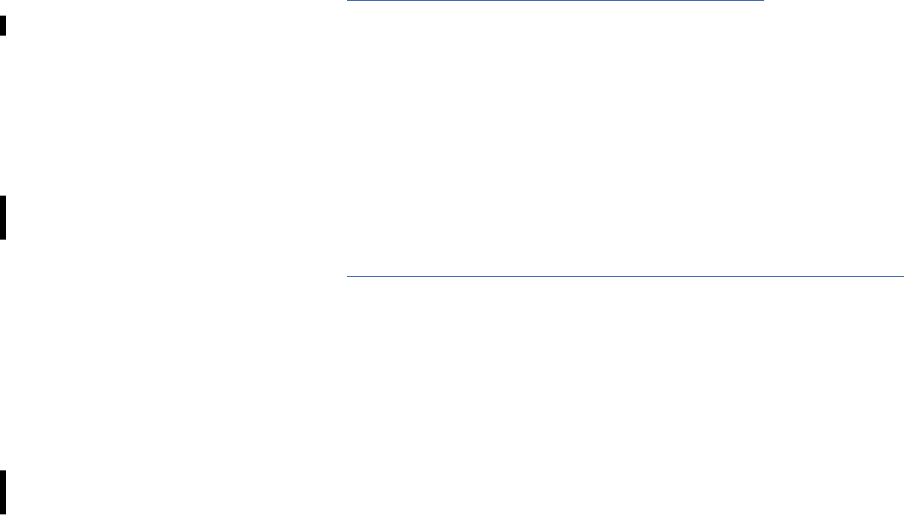
SQL procedures
An SQL procedure is a stored procedure that contains only SQL statements.
The source code for these procedures (the SQL statements) is specied in CREATE PROCEDURE
statement. The part of the CREATE PROCEDURE statement that contains SQL statements is called the
procedure body.
Types of SQL procedures
Db2 for z/OS supports the following types of SQL procedures:
Native SQL procedures
The procedure body is written exclusively in SQL statements, including SQL procedural language (SQL
PL) statements. The procedure body is contained and specied in the procedure denition along with
various attributes of the procedure. A package is generated for a native SQL procedure. It contains the
procedure body, including control statements. It might sometimes also include statements generated
by Db2. Each time that the procedure is invoked, the package executes one or more times.
All SQL procedures that are created with a CREATE PROCEDURE statement that does not specify
the FENCED or EXTERNAL options are native SQL procedures. More capabilities are supported for
native SQL procedures, they usually perform better than external SQL procedures, and no associated
C program is generated for them.
For more information, see “Creating native SQL procedures” on page 226
.
External SQL procedures (deprecated)
The procedure body is written exclusively in SQL statements, including SQL procedural language
(SQL PL) statements. The procedure body is specied in the procedure denition along with various
attributes of the procedure. A C program and an associated package are generated for an external
SQL procedure. It contains the procedure body, including control statements. It might sometimes also
include statements generated by Db2.Each time that the procedure is invoked, the package executes
one or more times.
Native SQL procedures are more fully supported, easier to maintain, and typically perform better than
external SQL procedures, which are deprecated.
For more information, see “Creating external SQL procedures (deprecated)” on page 286.
Native SQL procedures
A native SQL procedure is a procedure whose body is written entirely in SQL. The body is written
in the SQL procedural language (SQL PL). A native SQL procedure is created by issuing a single SQL
statement, CREATE PROCEDURE. Native SQL procedures do not require any other program preparation,
such as precompiling, compiling, or link-editing source code. Native SQL procedures are executed as SQL
statements that are bound in a Db2 package. Native SQL procedures do not have an associated external
application program. Native SQL procedures are more fully supported, easier to maintain, and typically
perform better than external SQL procedures, which are deprecated.
Native SQL procedures have the following advantages:
• You can create them in one step.
• They do not run in a WLM environment.
• They might be eligible for zIIP redirect if they are invoked remotely through a DRDA client.
• They usually perform better than external SQL procedures.
• They support more capabilities, such as nested compound statements, than external SQL procedures.
• Db2 can manage multiple versions of these procedures for you.
• You can specify that the SQL procedure commits autonomously, without committing the work of the
calling application.
218
Db2 12 for z/OS: Application Programming and SQL Guide (Last updated: 2024-07-30)

All SQL procedures that are created without the FENCED or EXTERNAL options in the CREATE
PROCEDURE statement are native SQL procedures.
External SQL procedures (deprecated)
An external SQL procedure is a procedure whose body is written entirely in SQL. The body is written in
the SQL procedural language (SQL PL). However, an external SQL procedure is created, implemented, and
executed like other external stored procedures.
Deprecated function: External SQL procedures are deprecated and not as fully supported as native
SQL procedures. For best results, create native SQL procedures instead. For more information, see
“Creating native SQL procedures” on page 226
and “Migrating an external SQL procedure to a native
SQL procedure” on page 287.
All SQL procedures that were created prior to DB2 9 are external SQL procedures. Starting in Version
DB2 9, you can create an external SQL procedure by specifying FENCED or EXTERNAL in the CREATE
PROCEDURE statement.
SQL procedure body
The body of an SQL procedure contains one or more SQL statements. In the SQL procedure body, you can
also declare and use variables, conditions, return codes, statements, cursors, and handlers.
Statements that you can include in an SQL procedure body
A CREATE PROCEDURE statement for a native SQL procedure contains an SQL-routine-body, as dened in
CREATE PROCEDURE statement (SQL - native procedure) (Db2 SQL)
. The syntax diagram for SQL-routine-
body denes the procedure body as a single SQL statement. The SQL statement can be one of the SQL
statements that are shown in the syntax diagram for SQL-routine-body, or an SQL control statement. The
syntax diagram for SQL-control-statement in SQL procedural language (SQL PL) (Db2 SQL) identies the
control statements that can be specied.
A native SQL procedure can contain multiple SQL statements if the outermost SQL statement is
an SQL-control-statement that includes other SQL statements. These statements are dened as SQL
procedure statements. The syntax diagram in SQL-procedure-statement (SQL PL) (Db2 SQL) identies
the SQL statements that can be specied within a control statement. The syntax notes for SQL-procedure-
statement clarify the SQL statements that are allowed in a native SQL procedure.
Examples
The following examples show how to determine whether an SQL statement is allowed in an SQL
procedure.
The syntax diagrams for the control statements indicate where semicolons are needed in an SQL
procedure. If the procedure contains a single statement that is not a control statement, such as Example
1, then no semicolons are in the CREATE PROCEDURE statement. If the procedure consists of multiple
statements, such as Example 2, use semicolons to separate SQL statements within the SQL procedure. Do
not put a semicolon after the outermost control statement.
Example 1
CREATE PROCEDURE UPDATE_SALARY_1
(IN EMPLOYEE_NUMBER CHAR(10),
IN RATE DECIMAL(6,2))
LANGUAGE SQL
MODIFIES SQL DATA
DETERMINISTIC
COMMIT ON RETURN YES
UPDATE EMP A
SET SALARY = SALARY * RATE
WHERE EMPNO = EMPLOYEE_NUMBER
Chapter 3. Db2 SQL programming
219
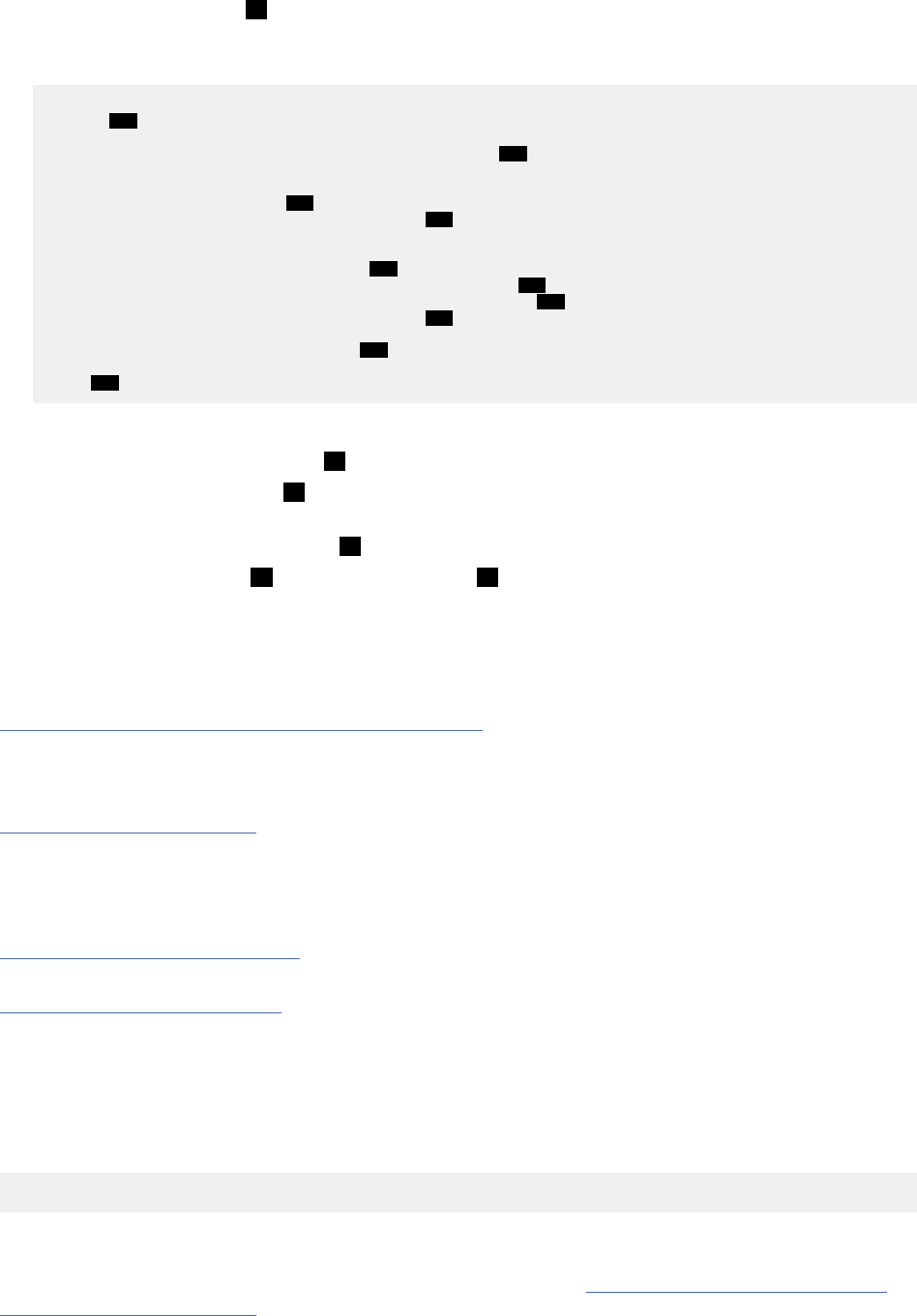
The UPDATE statement (A) is an SQL statement that is allowed because it is listed in the syntax
diagram for SQL-routine-body.
Example 2
CREATE PROCEDURE GETWEEKENDS(IN MYDATES DATEARRAY, OUT WEEKENDS DATEARRAY)
BEGIN
A
-- ARRAY INDEX VARIABLES
DECLARE DATEINDEX, WEEKENDINDEX INT DEFAULT 1; B
-- VARIABLE TO STORE THE ARRAY LENGTH OF MYDATES,
-- INITIALIZED USING THE CARDINALITY FUNCTION.
DECLARE DATESCOUNT INT;
B
SET DATESCOUNT = CARDINALITY(MYDATES); C
-- FOR EACH DATE IN MYDATES, IF THE DATE IS A SUNDAY OR SATURDAY,
-- ADD IT TO THE OUTPUT ARRAY NAMED "WEEKENDS"
WHILE DATEINDEX <= DATESCOUNT DO
D
IF DAYOFWEEK(MYDATES[DATEINDEX]) IN (1, 7) THEN E
SET WEEKENDS[WEEKENDINDEX] = MYDATES[DATEINDEX]; C
SET WEEKENDINDEX = WEEKENDINDEX + 1; C
END IF;
SET DATEINDEX = DATEINDEX + 1; C
END WHILE;
END A
The SQL procedure has the following keywords and statements:
• The BEGIN and END keywords (
A) indicate the beginning and the end of a compound statement.
• The DECLARE statements (B) are components of a compound statement, and dene SQL variables
within the compound statement.
• The SET assignment statements (C) are SQL control statements that assign values to SQL variables.
• The WHILE statement (D) and the IF statement (E) are SQL control statements.
A compound statement is an SQL control statement. SQL control statements are allowed in the SQL
procedure body because SQL-control-statement is listed in the syntax diagram for SQL-routine-body of
a CREATE PROCEDURE (SQL - native) statement.
Related concepts
Nested compound statements in native SQL procedures
Nested compound statements are blocks of SQL statements that are contained by other blocks of SQL
statements in native SQL procedures. Use nested compound statements to dene condition handlers that
execute more than one statement and to dene different scopes for variables and condition handlers.
Stored procedure parameters
You can pass information between a stored procedure and the calling application program by using
parameters. Applications pass the required parameters in the SQL CALL statement. Optionally, the
application can also include an indicator variable with each parameter to allow for null values or to pass
large output parameter values.
Promotion of data types (Db2 SQL)
Related reference
compound-statement (Db2 SQL)
Variables in SQL procedures
For data that you use only within an SQL procedure, you can declare SQL variables and store the values in
the variables. SQL variables are similar to host variables in external stored procedures. SQL variables can
be dened with the same data types and lengths as SQL procedure parameters.
An SQL variable declaration has the following form:
DECLARE SQL-variable-name data-type;
An SQL variable is dened in a compound statement. SQL variables can be referenced anywhere in the
compound statement in which they are declared, including any SQL statement that is directly or indirectly
nested within that compound statement. For more information, see References to SQL parameters and
variables in SQL PL (Db2 SQL).
220
Db2 12 for z/OS: Application Programming and SQL Guide (Last updated: 2024-07-30)
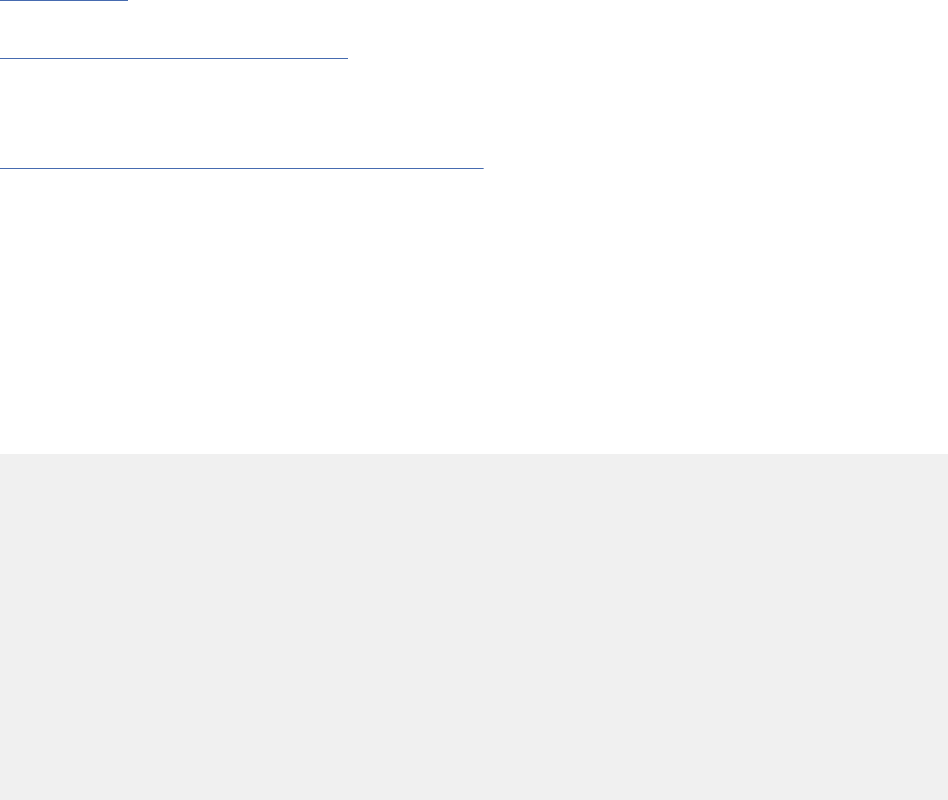
You can perform any operations on SQL variables that you can perform on host variables in SQL
statements.
Related concepts
Host variables
Use host variables to pass a single data item between Db2 and your application.
Using host variables in SQL statements
Use scalar host variables in embedded SQL statements to represent a single value. Host variables are
useful for storing retrieved data or for passing values that are to be assigned or used for comparisons.
Related tasks
Controlling the scope of variables in an SQL procedure
Use nested compound statements within an SQL procedure to dene the scope of SQL variables. You
can reference the variable only within the compound statement in which it was declared and within any
nested statements.
Examples of SQL procedures
You can use CASE statements, compound statements, and nested statements within an SQL procedure
body.
Example: CASE statement: The following SQL procedure demonstrates how to use a CASE statement.
The procedure receives an employee's ID number and rating as input parameters. The CASE statement
modies the employee's salary and bonus, using a different UPDATE statement for each of the possible
ratings.
CREATE PROCEDURE UPDATESALARY2
(IN EMPNUMBR CHAR(6),
IN RATING INT)
LANGUAGE SQL
MODIFIES SQL DATA
CASE RATING
WHEN 1 THEN
UPDATE CORPDATA.EMPLOYEE
SET SALARY = SALARY * 1.10, BONUS = 1000
WHERE EMPNO = EMPNUMBR;
WHEN 2 THEN
UPDATE CORPDATA.EMPLOYEE
SET SALARY = SALARY * 1.05, BONUS = 500
WHERE EMPNO = EMPNUMBR;
ELSE
UPDATE CORPDATA.EMPLOYEE
SET SALARY = SALARY * 1.03, BONUS = 0
WHERE EMPNO = EMPNUMBR;
END CASE
Example: Compound statement with nested IF and WHILE statements: The following example shows a
compound statement that includes an IF statement, a WHILE statement, and assignment statements. The
example also shows how to declare SQL variables, cursors, and handlers for classes of error codes.
The procedure receives a department number as an input parameter. A WHILE statement in the
procedure body fetches the salary and bonus for each employee in the department, and uses an SQL
variable to calculate a running total of employee salaries for the department. An IF statement within the
WHILE statement tests for positive bonuses and increments an SQL variable that counts the number of
bonuses in the department. When all employee records in the department have been processed, a NOT
FOUND condition occurs. A NOT FOUND condition handler makes the search condition for the WHILE
statement false, so execution of the WHILE statement ends. Assignment statements then assign the total
employee salaries and the number of bonuses for the department to the output parameters for the stored
procedure.
If any SQL statement in the compound statement P1 receives an error, the SQLEXCEPTION handler
receives control. The handler action sets the output parameter DEPTSALARY to NULL. After the handler
action has completed successfully, the original error condition is resolved (SQLSTATE '00000', SQLCODE
Chapter 3. Db2 SQL programming
221

0). Because this handler is an EXIT handler, execution passes to the end of the compound statement, and
the SQL procedure ends.
CREATE PROCEDURE RETURNDEPTSALARY
(IN DEPTNUMBER CHAR(3),
OUT DEPTSALARY DECIMAL(15,2),
OUT DEPTBONUSCNT INT)
LANGUAGE SQL
READS SQL DATA
P1: BEGIN
DECLARE EMPLOYEE_SALARY DECIMAL(9,2);
DECLARE EMPLOYEE_BONUS DECIMAL(9,2);
DECLARE TOTAL_SALARY DECIMAL(15,2) DEFAULT 0;
DECLARE BONUS_CNT INT DEFAULT 0;
DECLARE END_TABLE INT DEFAULT 0;
DECLARE C1 CURSOR FOR
SELECT SALARY, BONUS FROM CORPDATA.EMPLOYEE
WHERE WORKDEPT = DEPTNUMBER;
DECLARE CONTINUE HANDLER FOR NOT FOUND
SET END_TABLE = 1;
DECLARE EXIT HANDLER FOR SQLEXCEPTION
SET DEPTSALARY = NULL;
OPEN C1;
FETCH C1 INTO EMPLOYEE_SALARY, EMPLOYEE_BONUS;
WHILE END_TABLE = 0 DO
SET TOTAL_SALARY = TOTAL_SALARY + EMPLOYEE_SALARY + EMPLOYEE_BONUS;
IF EMPLOYEE_BONUS > 0 THEN
SET BONUS_CNT = BONUS_CNT + 1;
END IF;
FETCH C1 INTO EMPLOYEE_SALARY, EMPLOYEE_BONUS;
END WHILE;
CLOSE C1;
SET DEPTSALARY = TOTAL_SALARY;
SET DEPTBONUSCNT = BONUS_CNT;
END P1
Example: Compound statement with dynamic SQL statements: The following example shows a
compound statement that includes dynamic SQL statements.
The procedure receives a department number (P_DEPT) as an input parameter. In the compound
statement, three statement strings are built, prepared, and executed:
• The rst statement string executes a DROP statement to ensure that the table to be created does not
already exist. The table name is the concatenation of the TABLE_PREFIX constant value, the P_DEPT
parameter value, and the TABLE_SUFFIX constant value.
• The next statement string executes a CREATE statement to create DEPT_deptno_T.
• The third statement string inserts rows for employees in department deptno into DEPT_deptno_T.
Just as statement strings that are prepared in host language programs cannot contain host variables,
statement strings in SQL procedures cannot contain SQL variables or stored procedure parameters.
Therefore, the third statement string contains a parameter marker that represents P_DEPT. When the
prepared statement is executed, parameter P_DEPT is substituted for the parameter marker.
CREATE PROCEDURE CREATEDEPTTABLE (IN P_DEPT CHAR(3))
LANGUAGE SQL
BEGIN
DECLARE STMT CHAR(1000);
DECLARE MESSAGE CHAR(20);
DECLARE TABLE_NAME CHAR(30);
DECLARE TABLE_PREFIX VARCHAR(15) CONSTANT 'DEPT_';
DECLARE TABLE_SUFFIX VARCHAR(15) CONSTANT '_T';
DECLARE CONTINUE HANDLER FOR SQLEXCEPTION
SET MESSAGE = 'ok';
SET TABLE_NAME = TABLE_PREFIX||P_DEPT||TABLE_SUFFIX;
SET STMT = 'DROP TABLE '||TABLE_NAME;
PREPARE S1 FROM STMT;
EXECUTE S1;
SET STMT = 'CREATE TABLE '||TABLE_NAME||
'( EMPNO CHAR(6) NOT NULL, '||
'FIRSTNME VARCHAR(6) NOT NULL, '||
'MIDINIT CHAR(1) NOT NULL, '||
'LASTNAME CHAR(15) NOT NULL, '||
'SALARY DECIMAL(9,2))';
PREPARE S2 FROM STMT;
222
Db2 12 for z/OS: Application Programming and SQL Guide (Last updated: 2024-07-30)

EXECUTE S2;
SET STMT = 'INSERT INTO TABLE '||TABLE_NAME ||
'SELECT EMPNO, FIRSTNME, MIDINIT, LASTNAME, SALARY '||
'FROM EMPLOYEE '||
'WHERE WORKDEPT = ?';
PREPARE S3 FROM STMT;
EXECUTE S3 USING P_DEPT;
END
Autonomous procedures
Autonomous procedures execute under their own units of work, separate from the calling program, and
commit when they nish without committing the work of the calling program.
Autonomous procedures execute as separate units of work that are independent from the calling
application programs. Autonomous procedures follow the rules of the COMMIT ON RETURN YES option
for their changes before returning to the caller. However, their commit does not impact changes
completed by the calling application program. The calling application program controls when its own
updates are committed or rolled back.
If the calling application rolls back its own changes, the committed changes of the autonomous procedure
are not affected. Therefore, autonomous procedures are useful for logging information about error
conditions encountered by an application program. When the application encounters the error and rolls
back its own changes, the committed changes of the autonomous procedure remain available.
Autonomous procedures can be called by normal application programs, other stored procedures, user-
dened functions or triggers. Autonomous procedures can complete the following types of work:
• Execute SQL statements
• Invoke another procedure, function, or trigger, as long as the number of nested levels does not exceed
64, and the called procedure is not autonomous.
• Execute COMMIT and ROLLBACK statements that apply to the SQL operations executed by nested
processes within the autonomous procedure.
The following restrictions apply to autonomous procedures:
• Only native SQL procedures can be dened as autonomous.
• Autonomous procedures and nested procedure, triggers, and functions within autonomous procedures
cannot invoke other autonomous procedures.
• Autonomous procedures cannot see uncommitted changes from the calling application.
• When multiple versions of a procedure exist, all versions must be dened as autonomous.
• Autonomous procedures do not share locks with the calling application, meaning that the autonomous
procedure might timeouts because of lock contention with the calling application.
• Parallelism is disabled for autonomous procedures. All statements in an autonomous procedure and for
any nested levels within are run in sequential processing mode.
• DYNAMIC RESULT SETS 0 must be specied when autonomous procedures are used.
• Stored procedure parameters must not be dened as a LOB data type, or any distinct data type that is
based on a LOB or XML value.
Related tasks
Controlling autonomous procedures (Db2 Administration Guide)
External stored procedures
An external stored procedure is a procedure that is written in a host language and can contain SQL
statements. The source code for external procedures is separate from the denition.
An external stored procedure is much like any other SQL application. It can include static or dynamic
SQL statements, IFI calls, and Db2 commands that are issued through IFI. You prepare external stored
procedures as you would normally prepare application programs. You precompile, compile, and link-edit
them. Then, you bind the DBRM into a package. You also need to dene the procedure to Db2 by using the
Chapter 3. Db2 SQL programming
223

CREATE PROCEDURE statement. Thus, the source code for an external stored procedure is separate from
the denition for the stored procedure.
Language requirements for the external stored procedure and its caller
You can write an external stored procedure in Assembler, C, C++, COBOL, Java, REXX, or PL/I. All
programs must be designed to run using Language Environment. Your COBOL and C++ stored procedures
can contain object-oriented extensions.
The program that calls the stored procedure can be in any language that supports the SQL CALL
statement. ODBC applications can use an escape clause to pass a stored procedure call to Db2.
Related concepts
Object-oriented extensions in COBOL
When you use object-oriented extensions in a COBOL application, you need to consider where to place
SQL statements, the SQLCA, the SQLDA, and host variable declarations. You also need to consider the
rules for host variables.
REXX stored procedures
A REXX stored procedure is similar to any other REXX procedure and follows the same rules as stored
procedures in other languages. A REXX stored procedure receives input parameters, executes REXX
commands, optionally executes SQL statements, and returns at most one output parameter. However, a
few differences exist.
Java stored procedures and user-dened functions (Db2 Application Programming for Java)
Differences between native SQL procedures and external procedures
SQL procedures are written entirely in SQL statements. External procedures are written in a host language
and can contain SQL statements. You can invoke both types of procedures with an SQL CALL statement.
However, you should consider several important differences in behavior and preparation.
Native SQL procedures and external procedures differ in the following ways:
How they handles errors
• For an SQL procedure, Db2 automatically returns SQL conditions in the SQLCA when the procedure
does not include a RETURN statement or a handler. For information about the various ways to
handle errors in an SQL procedure, see “Handling SQL conditions in an SQL procedure” on page 232
.
• For an external stored procedure, Db2 does not return SQL conditions in the SQLCA to the invoking
application. If you use PARAMETER STYLE SQL when you dene an external procedure, you can set
SQLSTATE to indicate an error before the procedure ends. For valid SQLSTATE values, see SQLSTATE
values and common error codes (Db2 Codes).
How they specify the code for the stored procedure
SQL procedure denitions contain the source code for the stored procedure. An external stored
procedure denition species the name of the stored procedure program.
How you dene the stored procedure.
For both native SQL procedures and external procedures, you dene the stored procedure to Db2
by executing the CREATE PROCEDURE statement. For external procedures, you must also separately
bind the source code for procedure into a package. You can do this before or after you issue the
CREATE PROCEDURE statement to dene the external procedure.
Examples
Creating a native SQL procedure
The following example shows a denition for an SQL procedure.
CREATE PROCEDURE UPDATESALARY1 1
(IN EMPNUMBR CHAR(10), 2
IN RATE DECIMAL(6,2))
LANGUAGE SQL 3
UPDATE EMP 4
224
Db2 12 for z/OS: Application Programming and SQL Guide (Last updated: 2024-07-30)
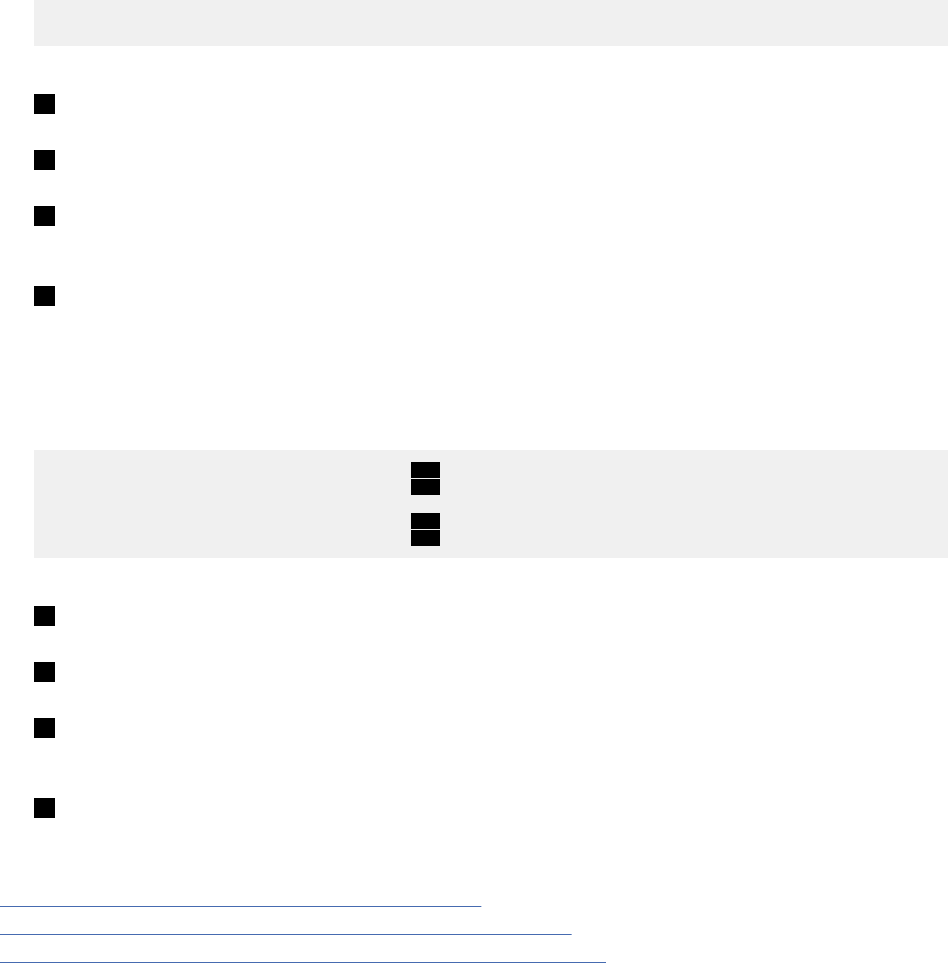
SET SALARY = SALARY * RATE
WHERE EMPNO = EMPNUMBR
Notes:
1
The stored procedure name is UPDATESALARY1.
2
The two parameters have data types of CHAR(10) and DECIMAL(6,2). Both are input parameters.
3
LANGUAGE SQL indicates that this is an SQL procedure, so a procedure body follows the other
parameters.
4
The procedure body consists of a single SQL UPDATE statement, which updates rows in the
employee table.
Creating an external stored procedure
The following example shows a denition for an equivalent external stored procedure that is written in
COBOL. The stored procedure program, which updates employee salaries, is called UPDSAL.
CREATE PROCEDURE UPDATESALARY1 1
(IN EMPNUMBR CHAR(10), 2
IN RATE DECIMAL(6,2))
LANGUAGE COBOL 3
EXTERNAL NAME UPDSAL; 4
Notes:
1
The stored procedure name is UPDATESALARY1.
2
The two parameters have data types of CHAR(10) and DECIMAL(6,2). Both are input parameters.
3
LANGUAGE COBOL indicates that this is an external procedure, so the code for the stored
procedure is in a separate, COBOL program.
4
The name of the load module that contains the executable stored procedure program is UPDSAL.
Related reference
CREATE PROCEDURE statement (overview) (Db2 SQL)
CREATE PROCEDURE statement (external procedure) (Db2 SQL)
CREATE PROCEDURE statement (SQL - native procedure) (Db2 SQL)
COMMIT and ROLLBACK statements in a stored procedure
When you issue COMMIT or ROLLBACK statements in your stored procedure, Db2 commits or rolls back
all changes within the unit of work.
For procedures that are not dened as autonomous, the committed or rolled back changes include
changes that the client application made before it called the stored procedure and Db2 work that the
stored procedure does. For autonomous procedures, the committed or rolled back changes include only
work done by the stored unit of work for the stored procedure.
If your stored procedure includes COMMIT or ROLLBACK statements, dene it with the one of the
following clauses:
• CONTAINS SQL
• READS SQL DATA
• MODIFIES SQL DATA
The COMMIT ON RETURN clause in a stored procedure denition has no effect on the COMMIT or
ROLLBACK statements in the stored procedure code. If you specify COMMIT ON RETURN YES when you
Chapter 3. Db2 SQL programming
225

dene the stored procedure, Db2 issues a COMMIT statement when control returns from the stored
procedure. This action occurs regardless of whether the stored procedure contains COMMIT or ROLLBACK
statements.
If you specify AUTONOMOUS when you dene the stored procedure, the autonomous procedure is a
separate unit of work from the calling application. Db2 issues a COMMIT statement when control returns
from the stored procedure, but only changes completed by the autonomous procedure are committed.
Similarly, COMMIT or ROLLBACK statements in the autonomous procedure code also have no effect on
work done by the calling application.
A ROLLBACK statement has the same effect on cursors in a stored procedure as it has on cursors in
stand-alone programs. A ROLLBACK statement closes all open cursors. A COMMIT statement in a stored
procedure closes cursors that are not declared WITH HOLD and leaves open those cursors that are
declared WITH HOLD. The effect of COMMIT or ROLLBACK on cursors applies to cursors that are declared
in the calling application and to cursors that are declared in the stored procedure.
Restriction: You cannot include COMMIT or ROLLBACK statements in a stored procedure if any of the
following conditions are true:
• The stored procedure is nested within a trigger or user-dened function.
• The stored procedure is called by a client that uses two-phase commit processing.
• The client program uses a type 2 connection to connect to the remote server that contains the stored
procedure.
• Db2 is not the commit coordinator.
If a COMMIT or ROLLBACK statement in a stored procedure violates any of these conditions, Db2 puts the
transaction in a must-rollback state. Also, in this case, the CALL statement fails.
Related reference
CALL statement (Db2 SQL)
COMMIT statement (Db2 SQL)
ROLLBACK statement (Db2 SQL)
Special registers in a stored procedure
You can use all special registers in a stored procedure. However, you can modify only some of those
special registers. After a stored procedure completes, Db2 restores all special registers to the values that
they had before invocation.
Creating native SQL procedures
A native SQL procedure is a procedure whose body is written entirely in SQL and is created by issuing a
single SQL statement, CREATE PROCEDURE.
Before you begin
Before you create a native SQL procedure, Congure Db2 for running stored procedures and user-dened
functions during installation or Congure Db2 for running stored procedures and user-dened functions
during migration if the native SQL procedure satises at least one of the following conditions:
• The native SQL procedure calls at least one external stored procedure, external SQL procedure, or
user-dened function.
• The native SQL procedure is dened with ALLOW DEBUG MODE or DISALLOW DEBUG MODE. If you
specify DISABLE DEBUG MODE, you do not need to set up the stored procedure environment.
About this task
A native SQL procedure is a procedure whose body is written entirely in SQL. The body is written
in the SQL procedural language (SQL PL). A native SQL procedure is created by issuing a single SQL
statement, CREATE PROCEDURE. Native SQL procedures do not require any other program preparation,
such as precompiling, compiling, or link-editing source code. Native SQL procedures are executed as SQL
226
Db2 12 for z/OS: Application Programming and SQL Guide (Last updated: 2024-07-30)

statements that are bound in a Db2 package. Native SQL procedures do not have an associated external
application program. Native SQL procedures are more fully supported, easier to maintain, and typically
perform better than external SQL procedures, which are deprecated.
Procedure
To create a native SQL procedure, perform one of the following actions:
• Use a tool such as Db2 Developer Extension to specify the source statements for the SQL procedure
and deploy the SQL procedure to Db2. For more information, see IBM Db2 for z/OS Developer
Extension for Visual Studio Code.
• Use IBM Data Studio to specify the source statements for the SQL procedure and deploy the SQL
procedure to Db2.
IBM Data Studio also allows you to create copies of the procedure package as needed and to deploy
the procedure to remote servers.
• Manually deploy the native SQL procedure by completing the following steps:
a) Issue the CREATE PROCEDURE statement:
– Include a procedure body written entirely in the SQL procedural language (SQL PL). For more
information about what you can do within the procedure body, see SQL-routine-body in CREATE
PROCEDURE statement (SQL - native procedure) (Db2 SQL), SQL-control-statement in SQL
procedural language (SQL PL) (Db2 SQL), and the following information:
- “Controlling the scope of variables in an SQL procedure” on page 228
- “Declaring cursors in an SQL procedure with nested compound statements” on page 231
- “Handling SQL conditions in an SQL procedure” on page 232
- “Raising a condition within an SQL procedure by using the SIGNAL or RESIGNAL statements”
on page 241
– Do not include the FENCED or EXTERNAL keywords, which specify the creation of an external
SQL procedures, which are deprecated.
– You can specify the AUTONOMOUS keyword to enable the procedure to commit without
committing the work of the calling application. Autonomous procedures cannot see uncommitted
changes of the calling application, and they cannot call other autonomous procedures.
When you issue this CREATE PROCEDURE statement, the rst version of this procedure is dened
to Db2, and a package is implicitly bound with the options that you specify on the CREATE
PROCEDURE statement.
b) If the native SQL procedure contains one or more of the following statements or references, make
copies of the native SQL procedure package, as needed:
– CONNECT
– SET CURRENT PACKAGESET
– SET CURRENT PACKAGE PATH
– A table reference with a three-part name that refers to a location other than the current server or
refers to an alias that resolves to such a name.
c) If you plan to call the native SQL procedure at another Db2 server, deploy the procedure to another
Db2 for z/OS server. You can customize the bind options at the same time.
d) Authorize the appropriate users to call the stored procedure.
What to do next
After you create a native SQL procedure, you can create additional versions of the procedure as needed.
For more information, see “Creating new versions of native SQL procedures” on page 246
.
Related concepts
SQL procedures
Chapter 3. Db2 SQL programming
227
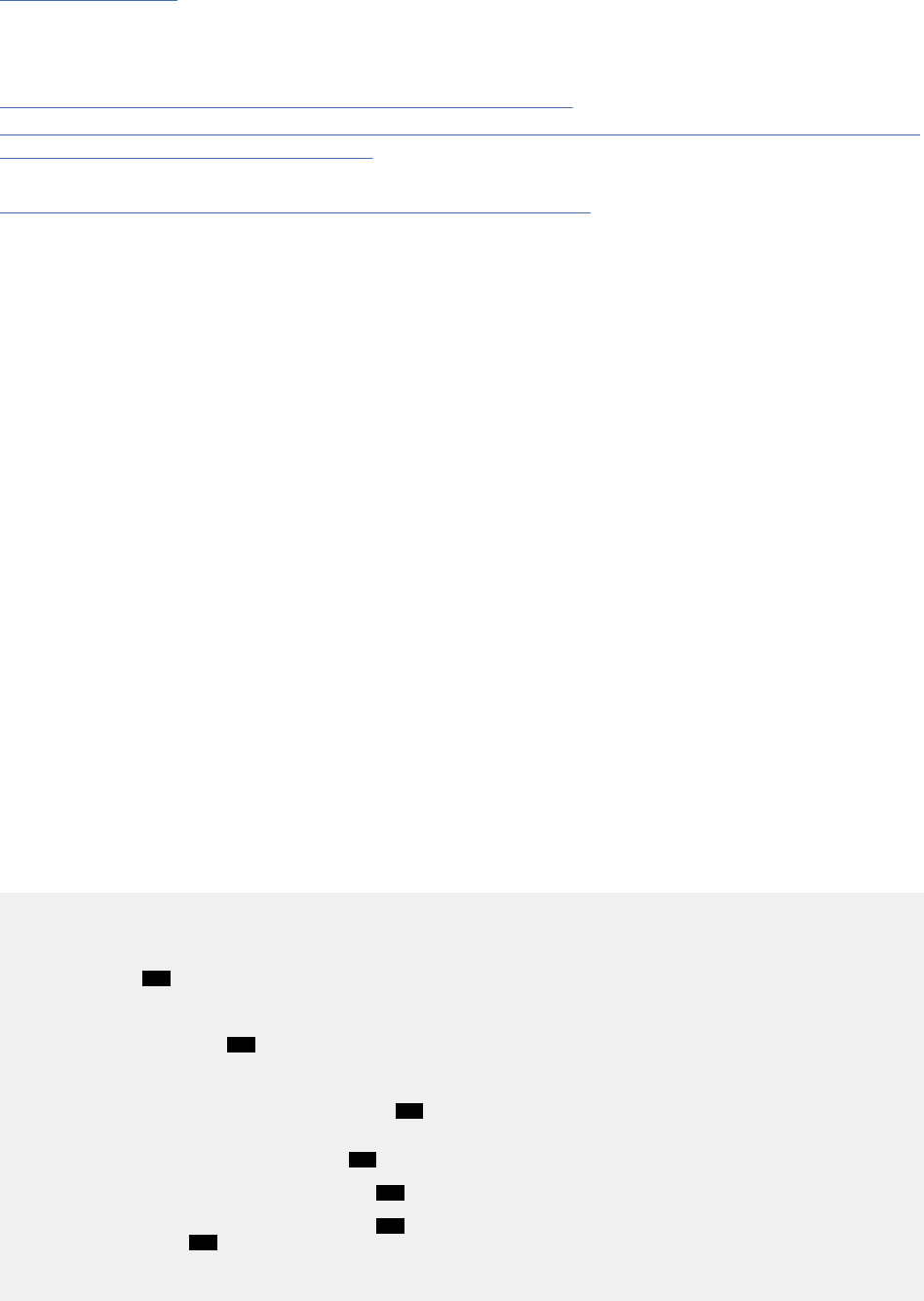
An SQL procedure is a stored procedure that contains only SQL statements.
SQL procedure body
The body of an SQL procedure contains one or more SQL statements. In the SQL procedure body, you can
also declare and use variables, conditions, return codes, statements, cursors, and handlers.
Related tasks
Implementing Db2 stored procedures (Db2 Administration Guide)
Developing database routines (IBM Data Studio, IBM Optim Database Administrator, IBM infoSphere Data
Architect, IBM Optim Development Studio)
Related reference
CREATE PROCEDURE statement (SQL - native procedure) (Db2 SQL)
Controlling the scope of variables in an SQL procedure
Use nested compound statements within an SQL procedure to dene the scope of SQL variables. You
can reference the variable only within the compound statement in which it was declared and within any
nested statements.
Procedure
To control the scope of a variable in an SQL procedure:
1. Declare the variable within the compound statement in which you want to reference it. Ensure that the
variable name is unique within the compound statement, not including any nested statements. You can
dene variables with the same name in other compound statements in the same SQL procedure.
2. Reference the variable within that compound statement or any nested statements.
Recommendation: If multiple variables with the same name exist within an SQL procedure, qualify the
variable with the label from the compound statement in which it was declared. Otherwise, you might
accidentally reference the wrong variable.
If the variable name is unqualied and multiple variables with that name exist within the same scope,
Db2 uses the variable in the innermost compound statement.
Example
The following example contains three declarations of the variable A. One instance is declared in the
outer compound statement, which has the label OUTER1. The other instances are declared in the inner
compound statements with the labels INNER1 and INNER2. In the INNER1 compound statement, Db2
presumes that the unqualied references to A in the assignment statement and UPDATE statement refer
to the instance of A that is declared in the INNER1 compound statement. To refer to the instance of A that
is declared in the OUTER1 compound statement, qualify the variable as OUTER1.A.
CREATE PROCEDURE P2 ()
LANGUAGE SQL
-- Outermost compound statement ------------------------
OUTER1: BEGIN 1
DECLARE A INT DEFAULT 100;
-- Inner compound statement with label INNER1 ---
INNER1: BEGIN 2
DECLARE A INT DEFAULT NULL;
DECLARE W INT DEFAULT NULL;
SET A = A + OUTER1.A; 3
UPDATE T1 SET T1.B = 5
WHERE T1.B = A;
4
SET OUTER1.A = 100; 5
SET INNER1.A = 200; 6
END INNER1; 7
-- End of inner compound statement INNER1 ------
-- Inner compound statement with label INNER2 ---
228
Db2 12 for z/OS: Application Programming and SQL Guide (Last updated: 2024-07-30)
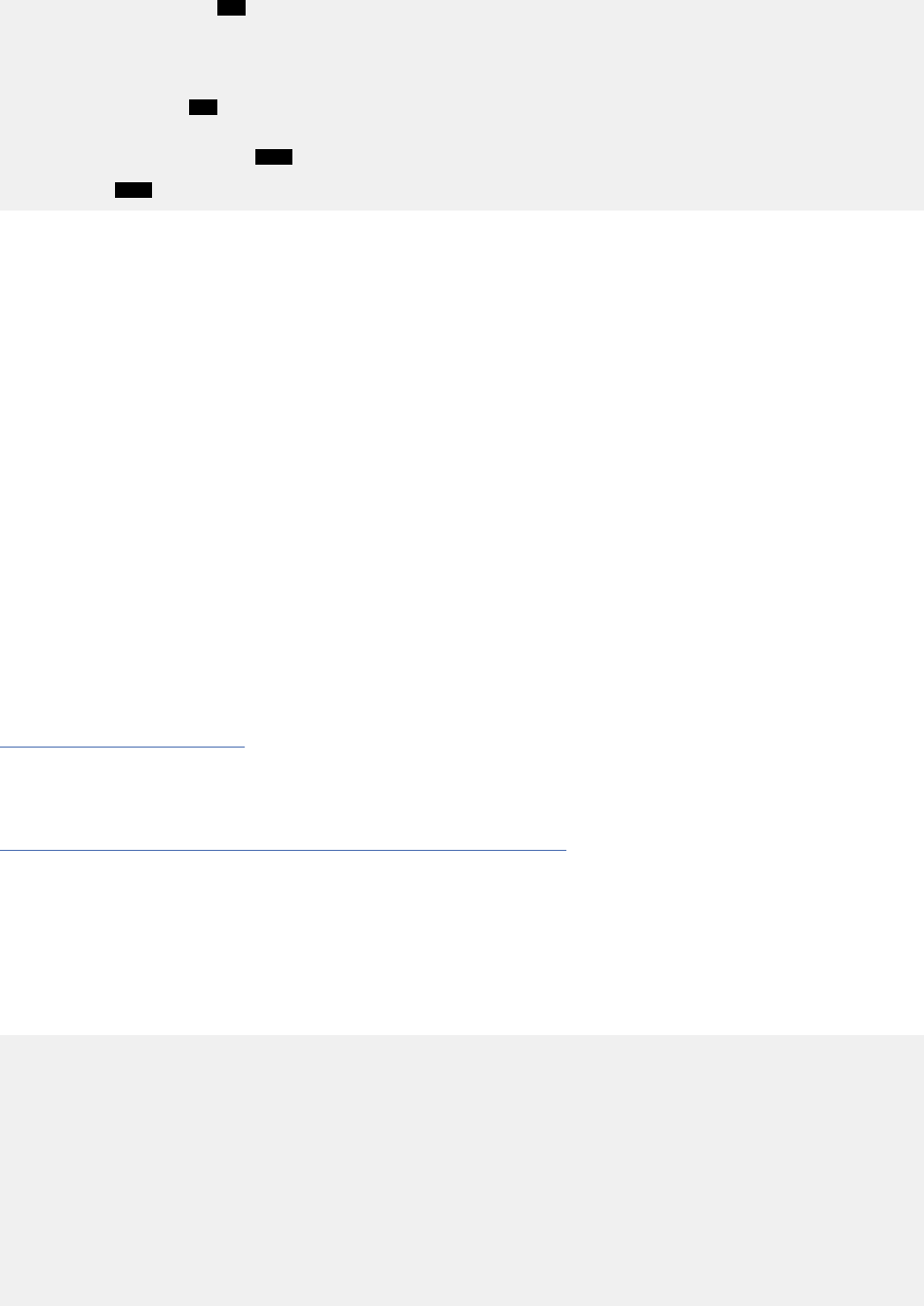
INNER2: BEGIN 8
DECLARE A INT DEFAULT NULL;
DECLARE Z INT DEFAULT NULL;
SET A = A + OUTER1.A;
END INNER2; 9
-- End of inner compound statement INNER2 ------
SET OUTER1.A = 100;
10
END OUTER1
11
The preceding example has the following parts:
1. The beginning of the outermost compound statement, which has the label OUTER1.
2. The beginning of the inner compound statement with the label INNER1.
3. The unqualied variable A refers to INNER1.A.
4. The unqualied variable A refers to INNER1.A.
5. OUTER1.A is a valid reference, because this variable is referenced in a nested compound statement.
6. INNER1.A is a valid reference, because this variable is referenced in the same compound statement
in which it is declared. You cannot reference INNER2.A, because this variable is not in the scope of
this compound statement.
7. The end of the inner compound statement with the label INNER1.
8. The beginning of the inner compound statement with the label INNER2.
9. The end of the inner compound statement with the label INNER2.
10. OUTER1.A is a valid reference, because this variable is referenced in the same compound statement
in which it is declared. You cannot reference INNER1.A, because this variable is declared in a nested
statement and cannot be referenced in the outer statement.
11. The end of the outermost compound statement, which has the label OUTER1.
Related concepts
Variables in SQL procedures
For data that you use only within an SQL procedure, you can declare SQL variables and store the values in
the variables. SQL variables are similar to host variables in external stored procedures. SQL variables can
be dened with the same data types and lengths as SQL procedure parameters.
References to SQL parameters and variables in SQL PL (Db2 SQL)
Nested compound statements in native SQL procedures
Nested compound statements are blocks of SQL statements that are contained by other blocks of SQL
statements in native SQL procedures. Use nested compound statements to dene condition handlers that
execute more than one statement and to dene different scopes for variables and condition handlers.
The following pseudo code shows a basic structure of an SQL procedure with nested compound
statements:
CREATE PROCEDURE...
OUTERMOST: BEGIN
...
INNER1: BEGIN
...
INNERMOST: BEGIN
...
...
END INNERMOST;
END INNER1;
INNER2: BEGIN
...
...
END INNER2;
END OUTERMOST
Chapter 3. Db2 SQL programming
229
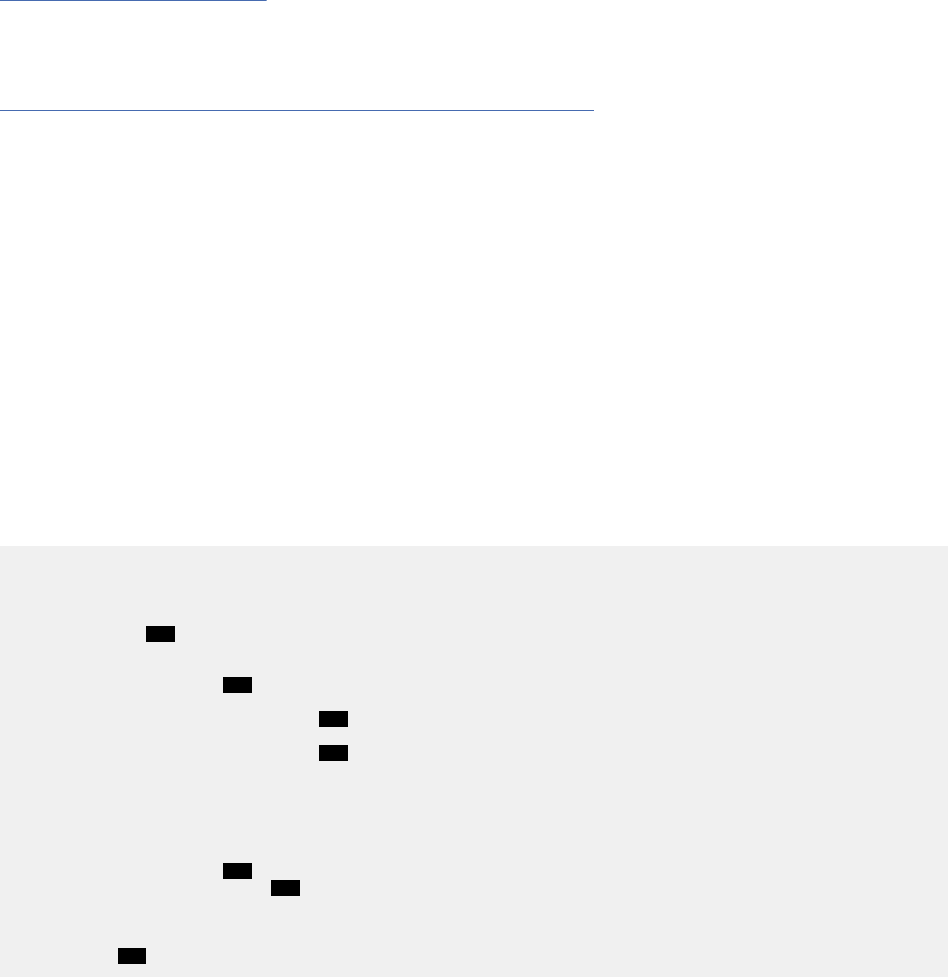
In the preceding code, the OUTERMOST compound statement contains two nested compound
statements: INNER1 and INNER2. INNER1 contains one nested compound statement: INNERMOST.
Related concepts
Handlers in an SQL procedure
If an error occurs when an SQL procedure executes, the procedure ends unless you include statements to
tell the procedure to perform some other action. These statements are called handlers.
Related tasks
Dening condition handlers that execute more than one statement
A condition handler denes the action that an SQL procedure takes when a particular condition occurs.
You must specify the action as a single SQL procedure statement.
Statement labels for nested compound statements in native SQL procedures
You can dene a label for each compound statement in an SQL procedure. This label enables you to
reference this block of statements in other statements such as the GOTO, LEAVE, and ITERATE SQL
PL control statements. You can also use the label to qualify a variable when necessary. Labels are not
required.
A label name must meet the following criteria:
• Be unique within the compound statement, including any compound statements that are nested within
the compound statement.
• Not be the same as the name of the SQL procedure.
You can reference a label within the compound statement in which it is dened, including any compound
statements that are nested within that compound statement.
Example of statement labels: The following example shows several statement labels and their scope:
CREATE PROCEDURE P1 ()
LANGUAGE SQL
--Outermost compound statement ------------------------
OUTER1: BEGIN 1
--Inner compound statement with label INNER1 ---
INNER1: BEGIN 2
IF...
ABC: LEAVE INNER1; 3
ELSEIF
XYZ: LEAVE OUTER1; 4
END IF
END INNER1;
--End of inner compound statement INNER1 ------
--Inner compound statement with label INNER2---
INNER2: BEGIN
5
XYZ:...statement 6
END INNER2;
-- End of inner compound statement INNER2 -----
END OUTER1 7
The preceding example has the following parts:
1. The beginning of the outermost compound statement, which is labeled OUTER1
2. The beginning of an inner compound statement that is labeled INNER1
3. A LEAVE statement that is dened with the label ABC. This LEAVE statement species that Db2 is to
terminate processing of the compound statement INNER1 and begin processing the next statement,
which is INNER2. This LEAVE statement cannot specify INNER2, because that label is not within the
scope of the INNER1 compound statement.
4. A LEAVE statement that is dened with the label XYZ. This LEAVE statement species that Db2 is to
terminate processing of the compound statement OUTER1 and begin processing the next statement, if
one exists. This example does not show the next statement.
230
Db2 12 for z/OS: Application Programming and SQL Guide (Last updated: 2024-07-30)

5. The beginning of an inner compound statement that is labeled INNER2.
6. A statement that is dened with the label XYZ. This label is acceptable even though another statement
in this procedure has the same label, because the two labels are in different scopes. Neither label is
contained within the scope of the other.
7. The end of the outermost compound statement that is labeled OUTER1.
The following examples show valid and invalid uses of labels:
Invalid example of labels:
L1: BEGIN
L2: SET A = B;
L1: GOTO L2: --This duplicate use of the label L1 causes an error, because
--the same label is already used in the same scope.
END L1;
Valid example of labels:
L1: BEGIN
L2: BEGIN
L4: BEGIN --This line contains the first use of the label L4
DECLARE A CHAR(5);
SET A = B;
END L4;
END L2;
L3: BEGIN
L4: BEGIN --This second use of the label L4 is valid, because
--it is used in a different scope.
DECLARE A CHAR(5);
SET A = B;
END L4;
END L3;
END L1;
Declaring cursors in an SQL procedure with nested compound statements
When you declare a cursor in an SQL procedure that has nested compound statements, you cannot
necessarily reference the cursor anywhere in the procedure. The scope of the cursor is constrained to the
compound statement in which you declare it.
Procedure
Specify the DECLARE CURSOR statement within the compound statement in which you want to reference
the cursor. Use a cursor name that is unique within the SQL procedure.
You can reference the cursor within the compound statement in which it is declared and within any nested
statements. If the cursor is declared as a result set cursor, even if the cursor is not declared in the
outermost compound statement, any calling application can reference it.
Example
In the following example, cursor X is declared in the outer compound statement. This cursor can be
referenced within the outer block in which it was declared and within any nested compound statements.
CREATE PROCEDURE SINGLE_CSR
(INOUT IR1 INT, INOUT JR1 INT, INOUT IR2 INT, INOUT JR2 INT)
LANGUAGE SQL
DYNAMIC RESULT SETS 2
BEGIN
DECLARE I INT;
DECLARE J INT;
DECLARE X CURSOR WITH RETURN FOR --outer declaration for X
SELECT * FROM CSRT1;
SUB: BEGIN
OPEN X; --references X in outer block
FETCH X INTO I,J; --references X in outer block
SET IR1 = I;
Chapter 3. Db2 SQL programming
231
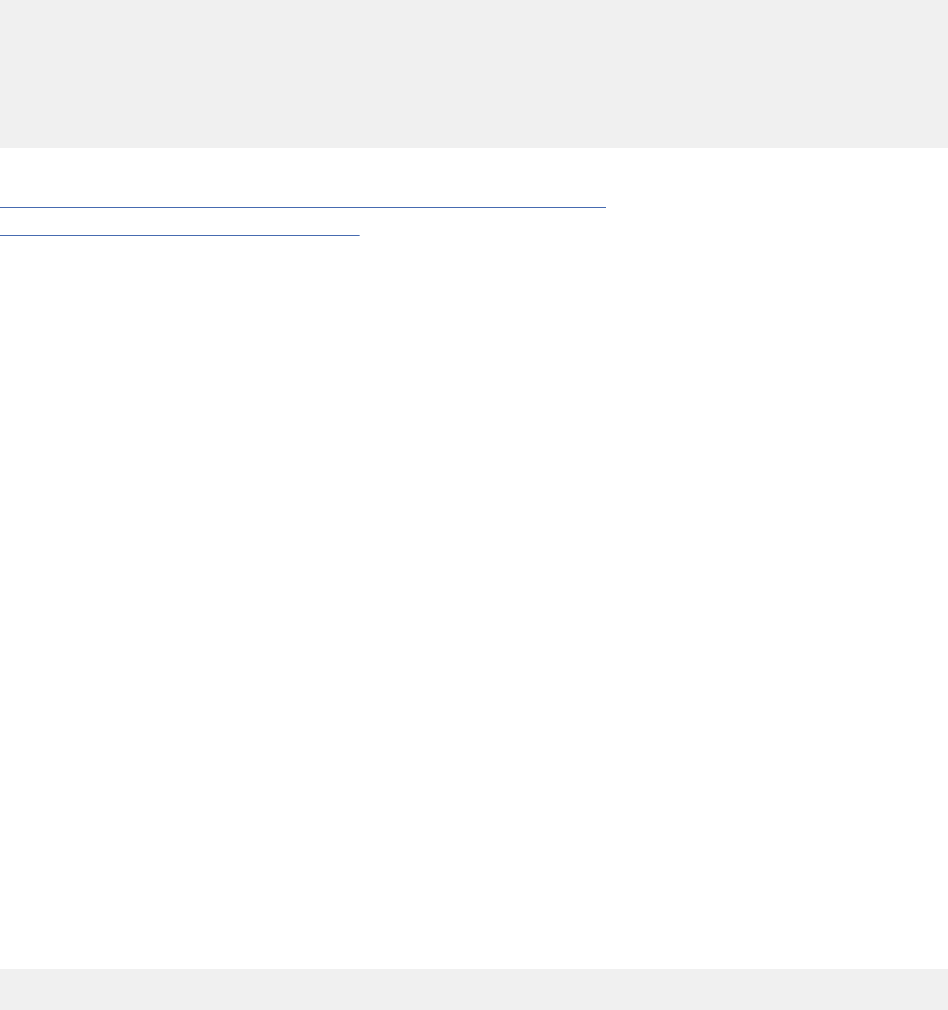
SET JR1 = J;
END;
FETCH X INTO I,J; --references X in outer block
SET IR2 = I;
SET JR2 = j;
CLOSE X;
END
Related reference
CREATE PROCEDURE statement (SQL - native procedure) (Db2 SQL)
DECLARE CURSOR statement (Db2 SQL)
Handling SQL conditions in an SQL procedure
In an SQL procedure, you can specify how the program should handle certain SQL errors and SQL
warnings.
About this task
If you do not include a handler or a RETURN statement in the SQL procedure, Db2 automatically returns
any SQL conditions to the caller in the SQLCA.
Procedure
To handle SQL conditions, use one of the following techniques:
• Include statements called handlers to tell the procedure to perform some other action when an error
or warning occurs.
• Include a RETURN statement in an SQL procedure to return an integer status value to the caller.
• Include a SIGNAL statement or a RESIGNAL statement to raise a specic SQLSTATE and to dene the
message text for that SQLSTATE.
• Force a negative SQLCODE to be returned by a procedure if a trigger calls the procedure.
Handlers in an SQL procedure
If an error occurs when an SQL procedure executes, the procedure ends unless you include statements to
tell the procedure to perform some other action. These statements are called handlers.
Handlers are similar to WHENEVER statements in external SQL application programs. Handlers tell the
SQL procedure what to do when an error or warning occurs, or when no more rows are returned from a
query. In addition, you can declare handlers for specic SQLSTATEs. You can refer to an SQLSTATE by its
number in a handler, or you can declare a name for the SQLSTATE and then use that name in the handler.
The general form of a handler declaration is:
DECLARE handler-type HANDLER FOR condition SQL-procedure-statement;
In general, the way that a handler works is that when an error occurs that matches condition, the
SQL-procedure-statement executes. When the SQL-procedure-statement completes, Db2 performs the
action that is indicated by handler-type.
Types of handlers
The handler type determines what happens after the completion of the SQL-procedure-statement. You can
declare the handler type to be either CONTINUE or EXIT:
CONTINUE
Species that after SQL-procedure-statement completes, execution continues with the statement after
the statement that caused the error.
EXIT
Species that after SQL-procedure-statement completes, execution continues at the end of the
compound statement that contains the handler.
232
Db2 12 for z/OS: Application Programming and SQL Guide (Last updated: 2024-07-30)

Example: CONTINUE handler: This handler sets flag at_end when no more rows satisfy a query. The
handler then causes execution to continue after the statement that returned no rows.
DECLARE CONTINUE HANDLER FOR NOT FOUND SET at_end=1;
Example: EXIT handler: This handler places the string 'Table does not exist' into output parameter
OUT_BUFFER when condition NO_TABLE occurs. NO_TABLE is previously declared as SQLSTATE 42704
(name is an undened name). The handler then causes the SQL procedure to exit the compound
statement in which the handler is declared.
DECLARE NO_TABLE CONDITION FOR '42704';
⋮
DECLARE EXIT HANDLER FOR NO_TABLE
SET OUT_BUFFER='Table does not exist';
Dening condition handlers that execute more than one statement
A condition handler denes the action that an SQL procedure takes when a particular condition occurs.
You must specify the action as a single SQL procedure statement.
Procedure
To dene a condition handler that executes more than one statement when the specied condition
occurs, specify a compound statement within the declaration of that handler.
Examples
Example
The following example shows a condition handler that captures the SQLSTATE value and sets a local
flag to TRUE.
BEGIN
DECLARE SQLSTATE CHAR(5);
DECLARE PrvSQLState CHAR(5) DEFAULT '00000';
DECLARE ExceptState INT;
DECLARE CONTINUE HANDLER FOR SQLEXCEPTION
BEGIN
SET PrvSQLState = SQLSTATE;
SET ExceptState = TRUE;
END;
...
END
Example
The following example declares a condition handler for SQLSTATE 72822. The subsequent SIGNAL
statement is within the scope of this condition handler and thus activates this handler. The condition
handler tests the value of the SQL variable VAR with an IF statement. Depending on the value of VAR,
the SQLSTATE is changed and the message text is set.
DECLARE EXIT HANDLER FOR SQLSTATE '72822'
IF ( VAR = 'OK' ) THEN
RESIGNAL SQLSTATE '72623'
SET MESSAGE_TEXT = 'Got SQLSTATE 72822';
ELSE
RESIGNAL SQLSTATE '72319'
SET MESSAGE_TEXT = VAR;
END IF;
SIGNAL SQLSTATE '72822';
Related reference
compound-statement (Db2 SQL)
Chapter 3. Db2 SQL programming
233
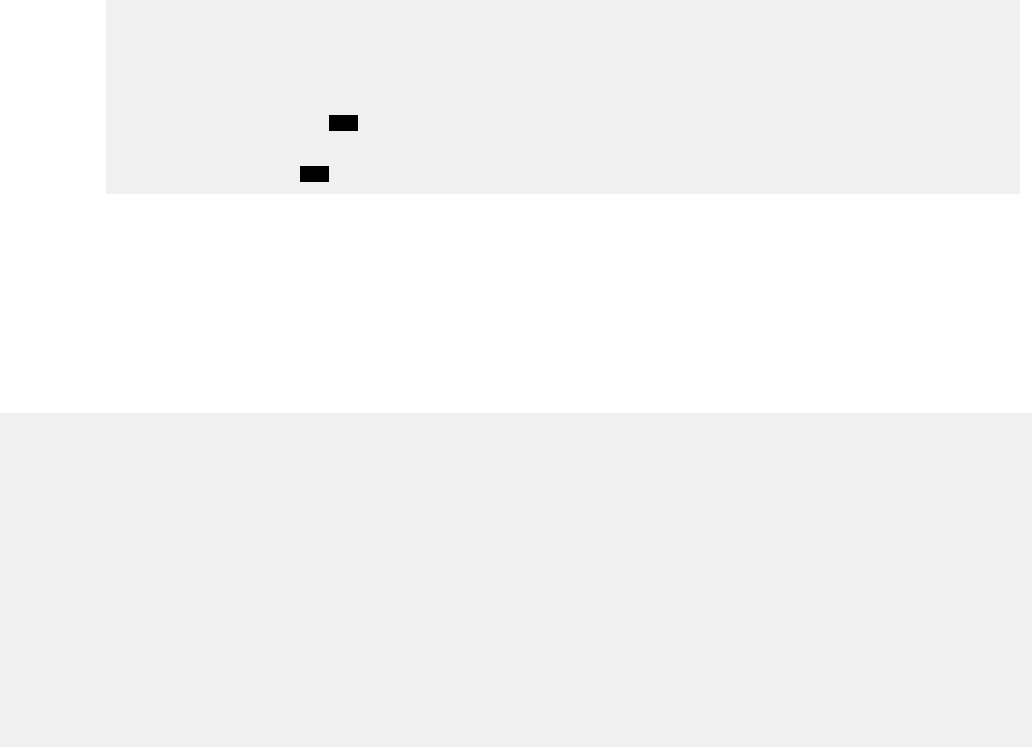
Controlling how errors are handled within different scopes in an SQL procedure
You can use nested compound statements in an SQL procedure to specify that errors be handled
differently within different scopes. You can also ensure that condition handlers are checked only with
a particular compound statement.
Procedure
To control how errors are handled within different scopes in an SQL procedure:
1. Optional: Declare a condition by specifying a DECLARE CONDITION statement within the compound
statement in which you want to reference it. You can reference a condition in the declaration of a
condition handler, a SIGNAL statement, or a RESIGNAL statement.
Restriction: If multiple conditions with that name exist within the same scope, you cannot explicitly
refer to a condition that is not the most local in scope. Db2 uses the condition in the innermost
compound statement.
2. Declare a condition handler by specifying a DECLARE HANDLER statement within the compound
statement to which you want the condition handler to apply. Within the declaration of the condition
handler, you can specify a previously dened condition.
Restriction: Condition handlers that are declared in the same compound statement cannot handle
conditions encountered in each other or themselves.
Examples
Example
In the following example, a condition with the name ABC is declared twice, and a condition named
XYZ is declared once.
CREATE PROCEDURE...
DECLARE ABC CONDITION...
DECLARE XYZ CONDITION...
BEGIN
DECLARE ABC CONDITION...
SIGNAL ABC; 1
END;
SIGNAL ABC;
2
The following notes refer to the preceding example:
1. ABC refers to the condition that is declared in the innermost block. If this statement were changed
to SIGNAL XYZ, XYZ would refer to the XYZ condition that is declared in the outermost block.
2. ABC refers to the condition that is declared in the outermost block.
Example
The following example contains multiple declarations of a condition with the name FOO, and a single
declaration of a condition with the name GORP.
CREATE PROCEDURE MYTEST (INOUT A CHAR(1), INOUT B CHAR(1))
L1: BEGIN
DECLARE GORP CONDITION
FOR SQLSTATE '33333'; -- defines a condition with the name GORP for SQLSTATE 33333
DECLARE EXIT HANDLER FOR GORP --defines a condition handler for SQLSTATE 33333
L2: BEGIN
DECLARE FOO CONDITION
FOR SQLSTATE '12345'; --defines a condition with the name FOO for SQLSTATE 12345
DECLARE CONTINUE HANDLER FOR FOO --defines a condition handler for SQLSTATE 12345
L3: BEGIN
SET A = 'A';
...more statements...
END L3;
SET B = 'B';
IF...
SIGNAL FOO; --raises SQLSTATE 12345
ELSEIF
234
Db2 12 for z/OS: Application Programming and SQL Guide (Last updated: 2024-07-30)

SIGNAL GORP; --raises SQLSTATE 33333
END IF;
END L2;
L4: BEGIN
DECLARE FOO CONDITION
FOR SQLSTATE '54321' --defines a condition with the name FOO for SQLSTATE 54321
DECLARE EXIT HANDLER FOR FOO...; --defines a condition handler for SQLSTATE 54321
SIGNAL FOO SET MESSAGE_TEXT = '...'; --raises SQLSTATE 54321
L5: BEGIN
DECLARE FOO CONDITION
FOR SQLSTATE '99999'; --defines a condition with the name FOO for SQLSTATE 99999
...more statements...
END L5;
END L4;
--At this point, the procedure cannot reference FOO, because this condition is not defined
--in this outer scope
END L1
Example
In the following example, the compound statement with the label OUTER contains two other
compound statements: INNER1A and INNER1B. The INNER1A compound statement contains
another compound statement, which has the label INNER1A2, and the declaration for a condition
handler HINNER1A. The body of the condition handler HINNER1A contains another compound
statement, which denes another condition handler, HINNER1A_HANDLER.
OUTER:
BEGIN <=============.
-- Handler for OUTER |
DECLARE ... HANDLER -- HOUTER |
BEGIN <---. |
: | |
END; -- End of handler <---. |
: |
: |
|
-- Level 1 - first compound statement |
INNER1A: |
BEGIN <---------. |
-- Handler for INNER1A | |
DECLARE ... HANDLER -- HINNER1A | |
BEGIN <------. | |
-- Handler for handler HINNER1A | |
DECLARE...HANDLER --HINNER1A_HANDLER| | |
BEGIN <---. | | |
: | | | |
END; -- End of handler <---. | | |
: | | |
: -- stmt that gets condition | | |
2
: | | |
: -- more statements in handler | | |
END; -- End of HINNER1A handler<------. | |
| |
INNER1A2: | |
BEGIN <--. | |
DECLARE ... HANDLER...-- HINNER1A2 | | |
BEGIN; <---. | | |
: | | | |
END; -- End of handler <---. | | |
: | | |
: -- statement that gets condition | | | 1
: | | |
: -- statement after statement | | |
: -- that encountered condition | | |
END INNER1A2; <--' | |
: | |
: -- statements in INNER1A | |
END INNER1A; <---------' |
|
-- Level 1 - second compound statement |
INNER1B: |
BEGIN <---------. |
-- Handler for handler INNER1B | |
Chapter 3. Db2 SQL programming
235

DECLARE ...HANDLER -- HINNER1B | |
BEGIN <------. | |
-- Handler for HINNER1B -- | | |
DECLARE ...HANDLER --HINNER1B_HANDLER| | |
BEGIN <---. | | |
: | | | |
END; -- End of handler <---. | | |
: | | |
: -- statements in handler | | |
END; -- End of HINNER1B handler<-------. | |
: | |
: -- statements in INNER1B | |
END INNER1B; <---------' |
|
: -- statements in OUTER |
END OUTER; <============='
The following notes apply to the preceding example:
1. If an exception, warning, or NOT FOUND condition occurs within the INNER1A2 compound
statement, the most appropriate handler within that compound statement is activated to handle
the condition. Then, one of the following actions occurs depending on the type of condition
handler:
• If the condition handler (HINNER1A2) is an exit handler, control is returned to the end of the
compound statement that contained the condition handler.
• If the condition handler (HINNER1A2) is a continue handler, processing continues with the
statement after the statement that encountered the condition.
If no appropriate handler exists in the INNER1A2 compound statement, Db2 considers the
following handlers in the specied order:
a. The most appropriate handler within the INNER1A compound statement.
b. The most appropriate handler within the OUTER compound statement.
If no appropriate handler exists in the OUTER compound statement, the condition is an unhandled
condition. If the condition is an exception condition, the procedure terminates and returns an
unhandled condition to the invoking application. If the condition is a warning or NOT FOUND
condition, the procedure returns the unhandled warning condition to the invoking application.
2. If an exception, warning, or NOT FOUND condition occurs within the body of the condition handler
HINNER1A, and the condition handler HINNER1A_HANDLER is the most appropriate handler for
the exception, that handler is activated. Otherwise, the most appropriate handler within the OUTER
compound statement handles the condition. If no appropriate handler exists within the OUTER
compound statement, the condition is treated as an unhandled condition.
Example
In the following example, when statement2 results in a NOT FOUND condition, the appropriate
condition handler is activated to handle the condition. When the condition handler completes, the
compound statement that contains that condition handler terminates, because the condition handler
is an EXIT handler. Processing then continues with statement4.
BEGIN
DECLARE EXIT HANDLER FOR NOT FOUND
SET OUT_OF_DATA_FLAG = ON;
statement1...
statement2... --assume that this statement results in a NOT FOUND condition
statement3...
END;
statement4
...
236
Db2 12 for z/OS: Application Programming and SQL Guide (Last updated: 2024-07-30)
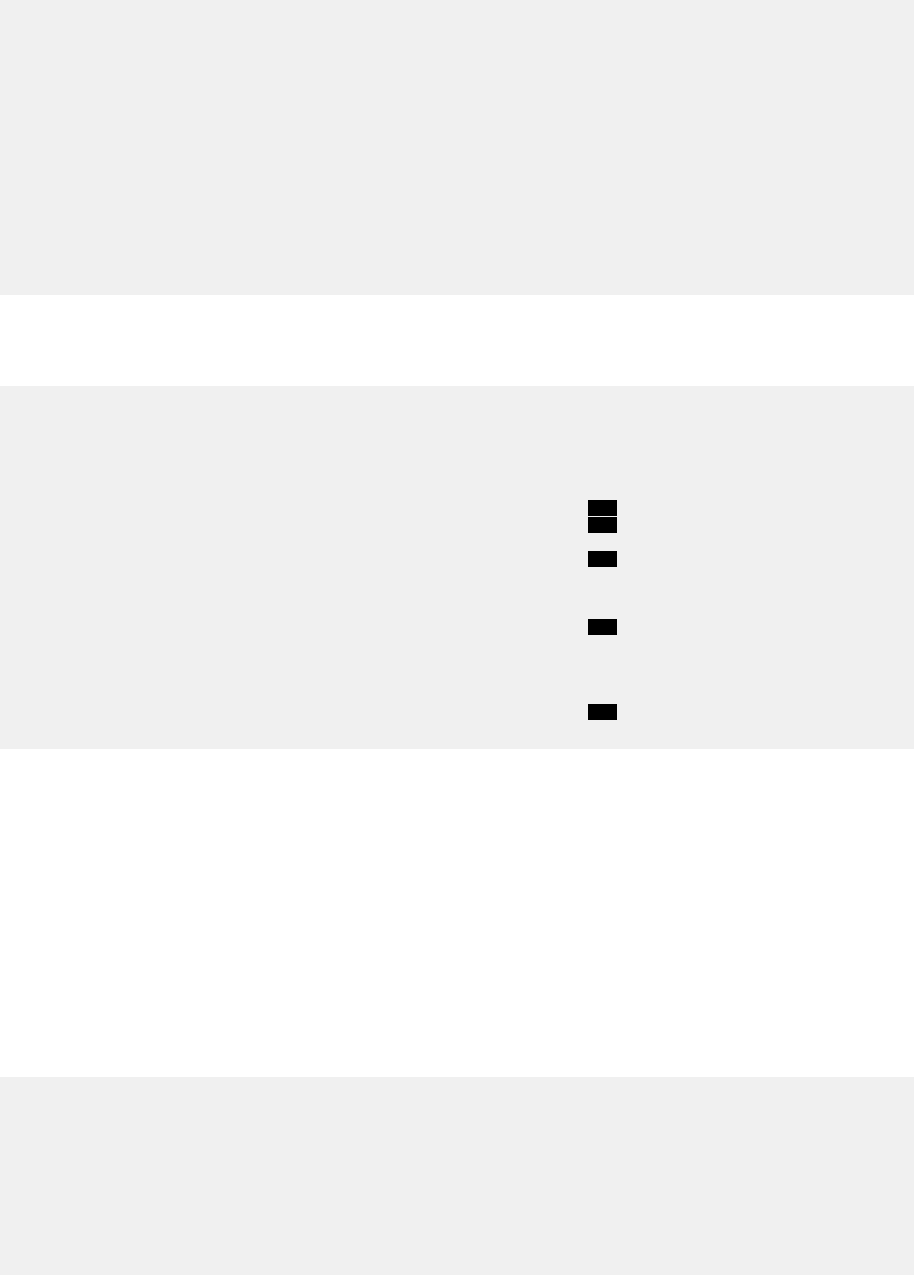
Example
In the following example, Db2 checks for SQLSTATE 22H11 only for statements inside the INNER
compound statement. Db2 checks for SQLEXCEPTION for all statements in both the OUTER and
INNER blocks.
OUTER: BEGIN
DECLARE var1 INT;
DECLARE EXIT HANDLER FOR SQLEXCEPTION
RETURN -3;
INNER: BEGIN
DECLARE EXIT HANDLER FOR SQLSTATE '22H11'
RETURN -1;
DECLARE C1 CURSOR FOR SELECT col1 FROM table1;
OPEN C1;
CLOSE C1;
:
: -- more statements
END INNER;
:
: -- more statements
Example
In the following example, Db2 checks for SQLSTATE 42704 only for statements inside the A
compound statement.
CREATE PROCEDURE EXIT_TEST ()
LANGUAGE SQL
BEGIN
DECLARE OUT_BUFFER VARCHAR(80);
DECLARE NO_TABLE CONDITION FOR SQLSTATE '42704';
A: BEGIN 1
DECLARE EXIT HANDLER FOR NO_TABLE 3
BEGIN
SET OUT_BUFFER ='Table does not exist'; 4
END;
-- Drop potentially nonexistent table:
DROP TABLE JAVELIN; 2
B: SET OUT_BUFFER ='Table dropped successfully';
END;
-- Copy OUT_BUFFER to some message table:
C: INSERT INTO MESSAGES VALUES (OUT_BUFFER);
5
The following notes describe a possible flow for the preceding example:
1. A nested compound statement with label A connes the scope of the NO_TABLE exit handler to the
statements that are specied in the A compound statement.
2. If the table JAVELIN does not exist, the DROP statement raises the NO_TABLE condition.
3. The exit handler for NO_TABLE is activated.
4. The variable OUT_BUFFER is set to the string 'Table does not exist.'
5. Execution continues with the INSERT statement. No more statements in the A compound
statement are processed.
Example
The following example illustrates the scope of different condition handlers.
CREATE PROCEDURE ERROR_HANDLERS(IN PARAM INTEGER)
LANGUAGE SQL
OUTER: BEGIN
DECLARE I INTEGER;
DECLARE SQLSTATE CHAR(5) DEFAULT '00000';
DECLARE EXIT HANDLER FOR
SQLSTATE VALUE '38H02',
SQLSTATE VALUE '38H04',
SQLSTATE VALUE '38HI4',
SQLSTATE VALUE '38H06'
Chapter 3. Db2 SQL programming
237

OUTER_HANDLER: BEGIN
DECLARE TEXT VARCHAR(70);
SET TEXT = SQLSTATE ||
' RECEIVED AND MANAGED BY OUTER ERROR HANDLER' ;
RESIGNAL SQLSTATE VALUE '38HE0'
SET MESSAGE_TEXT = TEXT;
END OUTER_HANDLER;
INNER: BEGIN
DECLARE EXIT HANDLER FOR SQLSTATE VALUE '38H03'
RESIGNAL SQLSTATE VALUE '38HI3'
SET MESSAGE_TEXT = '38H03 MANAGED BY INNER ERROR HANDLER';
DECLARE EXIT HANDLER FOR SQLSTATE VALUE '38H04'
RESIGNAL SQLSTATE VALUE '38HI4'
SET MESSAGE_TEXT = '38H04 MANAGED BY INNER ERROR HANDLER';
DECLARE EXIT HANDLER FOR SQLSTATE VALUE '38H05'
RESIGNAL SQLSTATE VALUE '38HI5'
SET MESSAGE_TEXT = '38H05 MANAGED BY INNER ERROR HANDLER';
CASE PARAM
WHEN 1 THEN -- (1)
SIGNAL SQLSTATE VALUE '38H01'
SET MESSAGE_TEXT =
'EXAMPLE 1: ERROR SIGNALED FROM INNER COMPOUND STMT';
WHEN 2 THEN -- (2)
SIGNAL SQLSTATE VALUE '38H02'
SET MESSAGE_TEXT =
'EXAMPLE 2: ERROR SIGNALED FROM INNER COMPOUND STMT';
WHEN 3 THEN -- (3)
SIGNAL SQLSTATE VALUE '38H03'
SET MESSAGE_TEXT =
'EXAMPLE 3: ERROR SIGNALED FROM INNER COMPOUND STMT';
WHEN 4 THEN -- (4)
SIGNAL SQLSTATE VALUE '38H04'
SET MESSAGE_TEXT =
'EXAMPLE 4: ERROR SIGNALED FROM INNER COMPOUND STMT';
ELSE
SET I = 1; /*Do not do anything */
END CASE;
END INNER;
CASE PARAM
WHEN 5 THEN -- (5)
SIGNAL SQLSTATE VALUE '38H05'
SET MESSAGE_TEXT =
'EXAMPLE 5: ERROR SIGNALED FROM OUTER COMPOUND STMT';
WHEN 6 THEN -- (6)
SIGNAL SQLSTATE VALUE '38H06'
SET MESSAGE_TEXT =
'EXAMPLE 6: ERROR SIGNALED FROM OUTER COMPOUND STMT';
ELSE -- (7)
SET I = 1; /*Do not do anything */
END CASE;
END OUTER
The following table summarizes the behavior of the preceding example:
Input
value
for
PARM Expected behavior
1 SQLSTATE 38H01 is signaled from the INNER compound statement. Because no
appropriate handler exists, the procedure terminates and returns the unhandled exception
condition, 38H01 with SQLCODE -438, to the calling application.
238Db2 12 for z/OS: Application Programming and SQL Guide (Last updated: 2024-07-30)
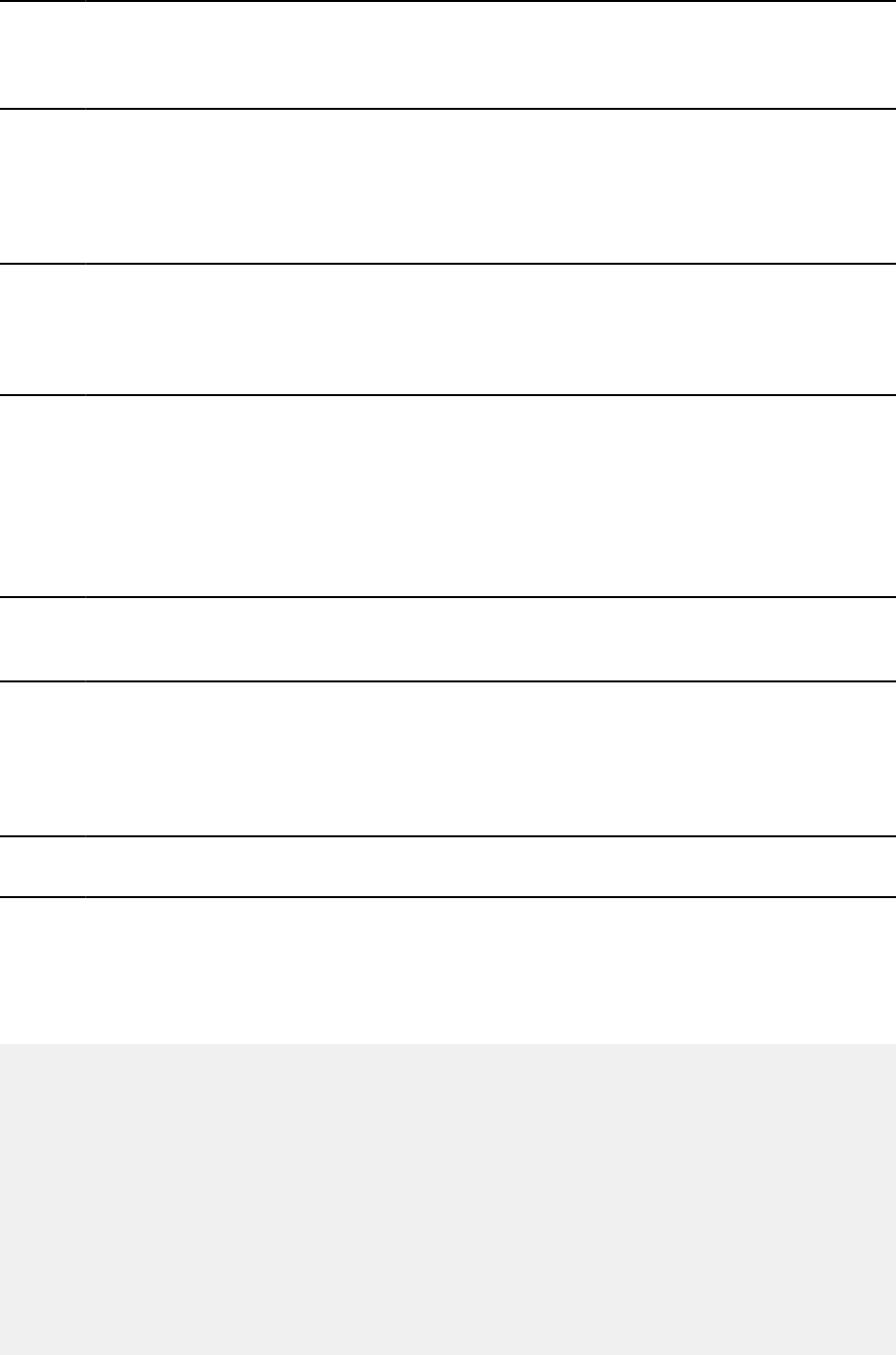
Input
value
for
PARM Expected behavior
2 SQLSTATE 38H02 is signaled from the INNER compound statement. The condition handler
in the OUTER compound statement is activated. A RESIGNAL statement, with SQLSTATE
38HE0, is issued from within the body of the condition handler. This exception causes
control to be returned to the end of the OUTER compound statement with exception
condition 38HE0 and SQLCODE -438. The procedure terminates and returns the unhandled
condition to the calling application.
3 SQLSTATE 38H03 is signaled from the INNER compound statement. A condition handler
within the INNER compound statement is activated. A RESIGNAL statement, with
SQLSTATE 38HI3, is issued from within the body of the condition handler. Because no
appropriate handler exists, the procedure terminates and returns the unhandled exception
condition, 38HI3 with SQLCODE -438, to the calling application.
4 SQLSTATE 38H04 is signaled from the INNER compound statement. A condition handler
within the INNER compound statement is activated. A RESIGNAL statement, with
SQLSTATE 38HI4, is issued from within the body of the condition handler. A condition
handler in the OUTER compound statement is activated. A RESIGNAL statement, with
SQLSTATE 38HE0, is issued from within the body of the condition handler. This exception
causes control to be returned to the end of the OUTER compound statement with
exception condition 38HE0 and SQLCODE -438. The procedure terminates and returns
the unhandled condition to the calling application.
5 SQLSTATE 38H05 is signaled from the OUTER compound statement. Because no
appropriate handler exists, the procedure terminates and returns the unhandled exception
condition, 38H05 with SQLCODE -438, to the calling application.
6 SQLSTATE 38H06 is signaled from the OUTER compound statement. A condition handler
in the OUTER compound statement is activated. A RESIGNAL statement, with SQLSTATE
38HE0, is issued from within the body of the condition handler. This exception causes
control to be returned to the end of the OUTER compound statement with exception
condition 38HE0 and SQLCODE -438. The procedure terminates and returns the unhandled
condition to the calling application.
7 The ELSE clause of the CASE statement executes and processes the SET statement. A
successful completion code is returned to the calling application.
Example
In the following example SQL procedure, the condition handler for exception1 is not within the scope
of the condition handler for exception0. If exception condition exception1 is raised in the body of the
condition handler for exception0, no appropriate handler exists, and the procedure terminates with an
unhandled exception.
CREATE PROCEDURE divide ( .....)
LANGUAGE SQL CONTAINS SQL
BEGIN
DECLARE dn_too_long CHAR(5) DEFAULT 'abcde';
-- Declare condition names --------------------------
DECLARE exception0 CONDITION FOR SQLSTATE '22001';
DECLARE exception1 CONDITION FOR SQLSTATE 'xxxxx';
-- Declare cursors ----------------------------------
DECLARE cursor1 CURSOR WITH RETURN FOR
SELECT * FROM dept;
-- Declare handlers ---------------------------------
DECLARE CONTINUE HANDLER FOR exception0
BEGIN
some SQL statement that causes an error 'xxxxx'
END
Chapter 3. Db2 SQL programming
239

DECLARE CONTINUE HANDLER FOR exception1
BEGIN
...
END
-- Mainline of procedure ----------------------------
INSERT INTO DEPT (DEPTNO) VALUES (dn_too_long);
-- Assume that this statement results in SQLSTATE '22001'
OPEN CURSOR1;
END
Retrieving diagnostic information by using GET DIAGNOSTICS in a handler
Handlers specify the action that an SQL procedure takes when a particular error or condition occurs. In
some cases, you want to retrieve additional diagnostic information about the error or warning condition.
About this task
Procedure
You can include a GET DIAGNOSTICS statement in a handler to retrieve error or warning information.
If you include GET DIAGNOSTICS, it must be the rst statement that is specied in the handler.
Example: Using GET DIAGNOSTICS to retrieve message text
Suppose that you create an SQL procedure, named divide1, that computes the result of the division of
two integers. You include GET DIAGNOSTICS to return the text of the division error message as an output
parameter:
CREATE PROCEDURE divide1
(IN numerator INTEGER, IN denominator INTEGER,
OUT divide_result INTEGER, OUT divide_error VARCHAR(1000))
LANGUAGE SQL
BEGIN
DECLARE CONTINUE HANDLER FOR SQLEXCEPTION
GET DIAGNOSTICS CONDITION 1 divide_error = MESSAGE_TEXT;
SET divide_result = numerator / denominator;
END
Ignoring a condition in an SQL procedure
You can specify that you want to ignore errors or warnings within a particular scope of statements in an
SQL procedure. However, do so with caution.
Procedure
Declare a condition handler that contains an empty compound statement.
Example
The following example shows a condition handler that is declared as a way of ignoring a condition.
Assume that your SQL procedure inserts rows into a table that has a unique column. If the value to be
inserted for that column already exists in the table, the row is not inserted. However, in this case, you do
not want Db2 to notify the application about this condition, which is indicated by SQLSTATE 23505.
DECLARE CONTINUE HANDLER FOR SQLSTATE '23505'
BEGIN -- ignore error for duplicate value
END;
Related concepts
Handlers in an SQL procedure
240
Db2 12 for z/OS: Application Programming and SQL Guide (Last updated: 2024-07-30)

If an error occurs when an SQL procedure executes, the procedure ends unless you include statements to
tell the procedure to perform some other action. These statements are called handlers.
Related reference
SQLSTATE values and common error codes (Db2 Codes)
Raising a condition within an SQL procedure by using the SIGNAL or RESIGNAL
statements
Within an SQL procedure, you can force a particular condition to occur with a specic SQLSTATE and
message text.
About this task
You can use either a SIGNAL or RESIGNAL statement to raise a condition with a specic SQLSTATE and
message text within an SQL procedure. The SIGNAL and RESIGNAL statements differ in the following
ways:
• You can use the SIGNAL statement anywhere within an SQL procedure. You must specify the SQLSTATE
value. In addition, you can use the SIGNAL statement in a trigger body. For information about using the
SIGNAL statement in a trigger, see “Creating a trigger” on page 149.
• You can use the RESIGNAL statement only within a handler of an SQL procedure. If you do not specify
the SQLSTATE value, Db2 uses the same SQLSTATE value that activated the handler.
You can use any valid SQLSTATE value in a SIGNAL or RESIGNAL statement, except an SQLSTATE class
with '00' as the rst two characters.
The following table summarizes the differences between issuing a RESIGNAL or SIGNAL statement within
the body of a condition handler. For each row in the table, assume that the diagnostics area contains the
following information when the RESIGNAL or SIGNAL statement is issued:
RETURNED_SQLSTATE xxxxx
MESSAGE_TEXT 'this is my message'
Table 45. Example RESIGNAL and SIGNAL statements
Specify a new
condition?
Specify
message
text?
Example RESIGNAL
statement...
Example SIGNAL
statement... Result
No No
RESIGNAL
1
Not possible
RETURNED_SQLSTATE xxxxx
MESSAGE_TEXT 'this is my
message'
Yes No
RESIGNAL '98765'
2
SIGNAL '98765'
RETURNED_SQLSTATE 98765
MESSAGE_TEXT 'APPLICATION
RAISED ERROR WITH
DIAGNOSTIC TEXT: this is my
message'
No Yes Not possible Not possible NA
Yes Yes
RESIGNAL '98765'
SET MESSAGE_TEXT
= 'xyz'
3
SIGNAL '98765'
SET
MESSAGE_TEXT
= 'xyz'
3
RETURNED_SQLSTATE 98765
MESSAGE_TEXT 'APPLICATION
RAISED ERROR WITH
DIAGNOSTIC TEXT: xyz'
Note:
Chapter 3. Db2 SQL programming
241
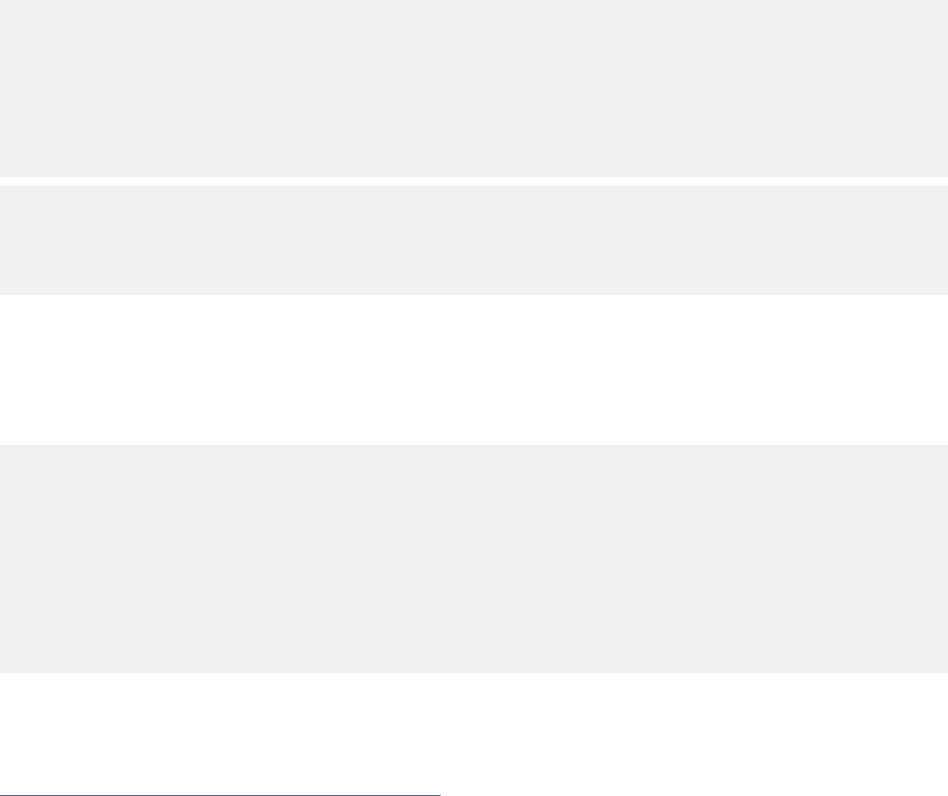
1. This statement raises the current condition with the existing SQLSTATE, SQLCODE, message text, and
tokens.
2. This statement raises a new condition (SQLSTATE '98765'). Existing message text and tokens are
reset. The SQLCODE is set to -438 for an error or 438 for a warning.
3. This statement raises a new condition (SQLSTATE '98765') with new message text ('xyz'). The
SQLCODE is set to -438 for an error or 438 for a warning.
Example of the SIGNAL statement in an SQL procedure
You can use the SIGNAL statement anywhere within an SQL procedure to raise a particular condition.
The following example uses an ORDERS table and a CUSTOMERS table that are dened in the following
way:
CREATE TABLE ORDERS
(ORDERNO INTEGER NOT NULL,
PARTNO INTEGER NOT NULL,
ORDER_DATE DATE DEFAULT,
CUSTNO INTEGER NOT NULL,
QUANTITY SMALLINT NOT NULL,
CONSTRAINT REF_CUSTNO FOREIGN KEY (CUSTNO)
REFERENCES CUSTOMERS (CUSTNO) ON DELETE RESTRICT,
PRIMARY KEY (ORDERNO,PARTNO));
CREATE TABLE CUSTOMERS
(CUSTNO INTEGER NOT NULL,
CUSTNAME VARCHAR(30),
CUSTADDR VARCHAR(80),
PRIMARY KEY (CUSTNO));
Example: Using SIGNAL to set message text
Suppose that you have an SQL procedure for an order system that signals an application error when a
customer number is not known to the application. The ORDERS table has a foreign key to the CUSTOMERS
table, which requires that the CUSTNO exist in the CUSTOMERS table before an order can be inserted:
CREATE PROCEDURE submit_order
(IN ONUM INTEGER, IN PNUM INTEGER,
IN CNUM INTEGER, IN QNUM INTEGER)
LANGUAGE SQL
MODIFIES SQL DATA
BEGIN
DECLARE EXIT HANDLER FOR SQLSTATE VALUE '23503'
SIGNAL SQLSTATE '75002'
SET MESSAGE_TEXT = 'Customer number is not known';
INSERT INTO ORDERS (ORDERNO, PARTNO, CUSTNO, QUANTITY)
VALUES (ONUM, PNUM, CNUM, QNUM);
END
In this example, the SIGNAL statement is in the handler. However, you can use the SIGNAL statement to
invoke a handler when a condition occurs that will result in an error.
Related concepts
Example of the RESIGNAL statement in a handler
242
Db2 12 for z/OS: Application Programming and SQL Guide (Last updated: 2024-07-30)
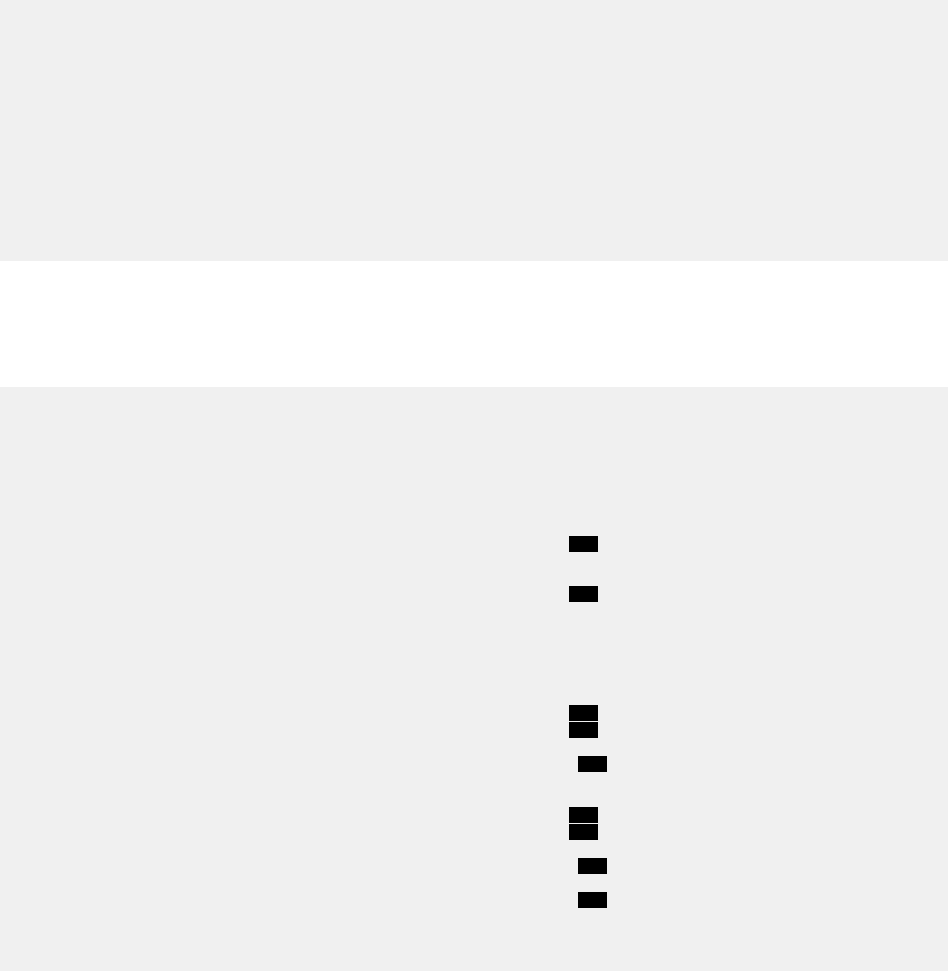
You can use the RESIGNAL statement in an SQL procedure to assign a different value to the condition that
activated the handler. T
Example of the RESIGNAL statement in a handler
You can use the RESIGNAL statement in an SQL procedure to assign a different value to the condition that
activated the handler. T
Example: Using RESIGNAL to set an SQLSTATE valu
Suppose that you create an SQL procedure, named divide2, that computes the result of the division of two
integers. You include SIGNAL to invoke the handler with an overflow condition that is caused by a zero
divisor, and you include RESIGNAL to set a different SQLSTATE value for that overflow condition:
CREATE PROCEDURE divide2
(IN numerator INTEGER, IN denominator INTEGER,
OUT divide_result INTEGER)
LANGUAGE SQL
BEGIN
DECLARE overflow CONDITION FOR SQLSTATE '22003';
DECLARE CONTINUE HANDLER FOR overflow
RESIGNAL SQLSTATE '22375';
IF denominator = 0 THEN
SIGNAL overflow;
ELSE
SET divide_result = numerator / denominator;
END IF;
END
Example: RESIGNAL in a nested compound statement
If the following SQL procedure is invoked with argument values 1, 0, and 0, the procedure returns a value
of 2 for RC and sets the oparm1 parameter to 650.
CREATE PROCEDURE resig4
(IN iparm1 INTEGER, INOUT oparm1 INTEGER, INOUT rc INTEGER)
LANGUAGE SQL
A1: BEGIN
DECLARE c1 INT DEFAULT 1;
DECLARE CONTINUE HANDLER FOR SQLSTATE VALUE '01ABX'
BEGIN
.... some other statements
SET RC = 3;
6
END;
A2: SET oparm1 = 5; 1
A3: BEGIN
DECLARE c1 INT DEFAULT 1;
DECLARE CONTINUE HANDLER
FOR SQLSTATE VALUE '01ABC'
BEGIN
SET RC = 1; 4
RESIGNAL SQLSTATE VALUE '01ABX' 5
SET MESSAGE_TEXT = 'get out of here';
SET RC = 2; 7
END;
A7: SET oparm1 = oparm1 + 110;
2
SIGNAL SQLSTATE VALUE '01ABC' 3
SET MESSAGE_TEXT = 'yikes';
SET oparm1 = oparm1 + 215; 8
END;
SET oparm1 = oparm1 + 320; 9
END
The following notes refer to the preceding example:
1. oparm1 is initially set to 5.
2. oparm1 is incremented by 110. The value of oparm1 is now 115.
Chapter 3. Db2 SQL programming
243
3. The SIGNAL statement causes the condition handler that is contained in the A3 compound statement
to be activated.
4. In this condition handler, RC is set to 1.
5. The RESIGNAL statement changes the SQLSTATE to 01ABX. This value causes the continue handler in
the A1 compound statement to be activated.
6. RC is set to 3 in this condition handler. Because this condition handler is a continue handler, when the
handler action completes, control returns to the SET statement after the RESIGNAL statement.
7. RC is set to 2 in this condition handler. Because this condition handler is a continue handler, control
returns to the SET statement that follows the SIGNAL statement that caused the condition handler to
be activated.
8. oparm1 is incremented by 215. The value of oparm is now 330.
9. oparm1 is incremented by 320. The value of oparm is now 650.
How SIGNAL and RESIGNAL statements affect the diagnostics area
When you issue a SIGNAL statement, a new logical diagnostics area is created. When you issue a
RESIGNAL statement, the current diagnostics area is updated.
When you issue a SIGNAL statement, a new diagnostics area is logically created. In that diagnostics area,
RETURNED_SQLSTATE is set to the SQLSTATE or condition name specied. If you specied message text
as part of the SIGNAL statement, MESSAGE_TEXT in the diagnostics area is also set to the specied value.
When you issue a RESIGNAL statement with a SQLSTATE value, condition name, or message text, the
current diagnostics area is updated with the specied information.
Making copies of a package for a native SQL procedure
When you create a native SQL procedure, a package is implicitly bound with the options that you specied
on the CREATE PROCEDURE statement. If the native SQL procedure performs certain actions, you need to
explicitly make copies of that package.
About this task
If the native SQL procedure performs one or more of the following actions, you need to create copies of
the package for that procedure:
• Uses a CONNECT statement to connect to a database server.
• Refers to a table with a three part name that includes a location other than the current server or refers
to an alias that resolves to such a name.
• Sets the CURRENT PACKAGESET special register to control which package is invoked for that version of
the procedure.
• Sets the CURRENT PACKAGE PATH special register to control which package is invoked for that version
of the procedure.
The package for a version of a procedure has the following name: location.collection-id.package-
id.version-id where these variables have the following values:
location
Value of the CURRENT SERVER special register
collection-id
Schema qualier of the procedure
package-id
Procedure name
version-id
Version identier
To make copies of a package for a native SQL procedure, specify the BIND PACKAGE command with the
COPY option. For copies that are created on the current server, specify a different schema qualier, which
244
Db2 12 for z/OS: Application Programming and SQL Guide (Last updated: 2024-07-30)
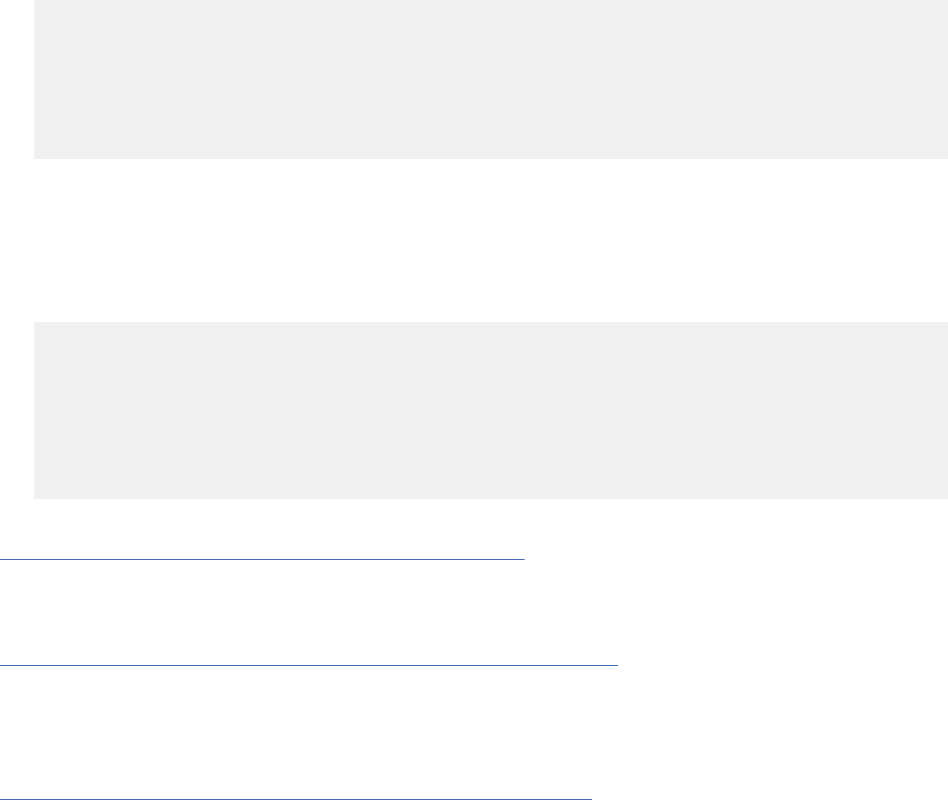
is the collection ID. For the rst copy that is created on a remote server, you can specify the same schema
qualier. For other copies on that remote server, specify a different schema qualier.
If you later change the native SQL procedure, you might need to explicitly rebind any local or remote
copies of the package that exist for that version of the procedure.
Examples
Example
Because the following native SQL procedure contains a CONNECT statement, you must create a copy
of the package at the target server, which in this case is at location SAN_JOSE. The subsequent
BIND command creates a copy of the package for version ABC of the procedure TEST.MYPROC. This
package is created at location SAN_JOSE and is used by Db2 when this procedure is executed.
CREATE PROCEDURE TEST.MYPROC VERSION ABC LANGUAGE SQL ...
BEGIN
...
CONNECT TO SAN_JOSE
...
END
BIND PACKAGE (SAN_JOSE.TEST) COPY(TEST.MYPROC) COPYVER(ABC) ACTION(ADD)
Example
The following native SQL procedure sets the CURRENT PACKAGESET special register to ensure that
Db2 uses the package with the collection ID COLL2 for this version of the procedure. Consequently,
you must create such a package. The subsequent BIND command creates this package with collection
ID COLL2. This package is a copy of the package for version ABC of the procedure TEST.MYPROC. Db2
uses this package to process the SQL statements in this procedure.
CREATE PROCEDURE TEST.MYPROC VERSION ABC LANGUAGE SQL ...
BEGIN
...
SET CURRENT PACKAGESET = 'COLL2'
...
END
BIND PACKAGE(COLL2) COPY(TEST.MYPROC) COPYVER(ABC)
ACTION(ADD) QUALIFIER(XYZ)
Related tasks
Regenerating an existing version of a native SQL procedure
When you apply Db2 maintenance that changes how native SQL procedures are generated, you need
to regenerate any affected procedures. When you regenerate a version of a native SQL procedure, Db2
rebinds the associated package for that version of the procedure.
Replacing copies of a package for a version of a native SQL procedure
When you change a version of a native SQL procedure and the ALTER PROCEDURE REPLACE statement
contains certain options, you must replace any local or remote copies of the package that exist for that
version of the procedure.
Related reference
ALTER PROCEDURE statement (SQL - native procedure) (Db2 SQL)
Replacing copies of a package for a version of a native SQL procedure
When you change a version of a native SQL procedure and the ALTER PROCEDURE REPLACE statement
contains certain options, you must replace any local or remote copies of the package that exist for that
version of the procedure.
About this task
If you specify any of the following ALTER PROCEDURE options, you must replace copies of the package:
• REPLACE VERSION
• REGENERATE
Chapter 3. Db2 SQL programming
245
• DISABLE DEBUG MODE
• QUALIFIER
• PACKAGE OWNER
• DEFER PREPARE
• NODEFER PREPARE
• CURRENT DATA
• DEGREE
• DYNAMICRULES
• APPLICATION ENCODING SCHEME
• WITH EXPLAIN
• WITHOUT EXPLAIN
• WITH IMMEDIATE WRITE
• WITHOUT IMMEDIATE WRITE
• ISOLATION LEVEL
• WITH KEEP DYNAMIC
• WITHOUT KEEP DYNAMIC
• OPTHINT
• SQL PATH
• RELEASE AT COMMIT
• RELEASE AT DEALLOCATE
• REOPT
• VALIDATE RUN
• VALIDATE BIND
• ROUNDING
• DATE FORMAT
• DECIMAL
• FOR UPDATE CLAUSE OPTIONAL
• FOR UPDATE CLAUSE REQUIRED
• TIME FORMAT
To replace copies of a package for a version of a native SQL procedure, specify the BIND COPY
ACTION(REPLACE) command with the appropriate package name and version ID.
Creating new versions of native SQL procedures
A new version of a native SQL procedure can have different parameter names, procedure options, or
procedure body.
About this task
All versions of a procedure must have the same procedure signature. Therefore, each version of the
procedure must have the same of the following items:
• Schema name
• Procedure name
• Number of parameters
• Data types for corresponding parameters
When any single version of a procedure is dened as autonomous, all versions must be dened as
autonomous.
246
Db2 12 for z/OS: Application Programming and SQL Guide (Last updated: 2024-07-30)
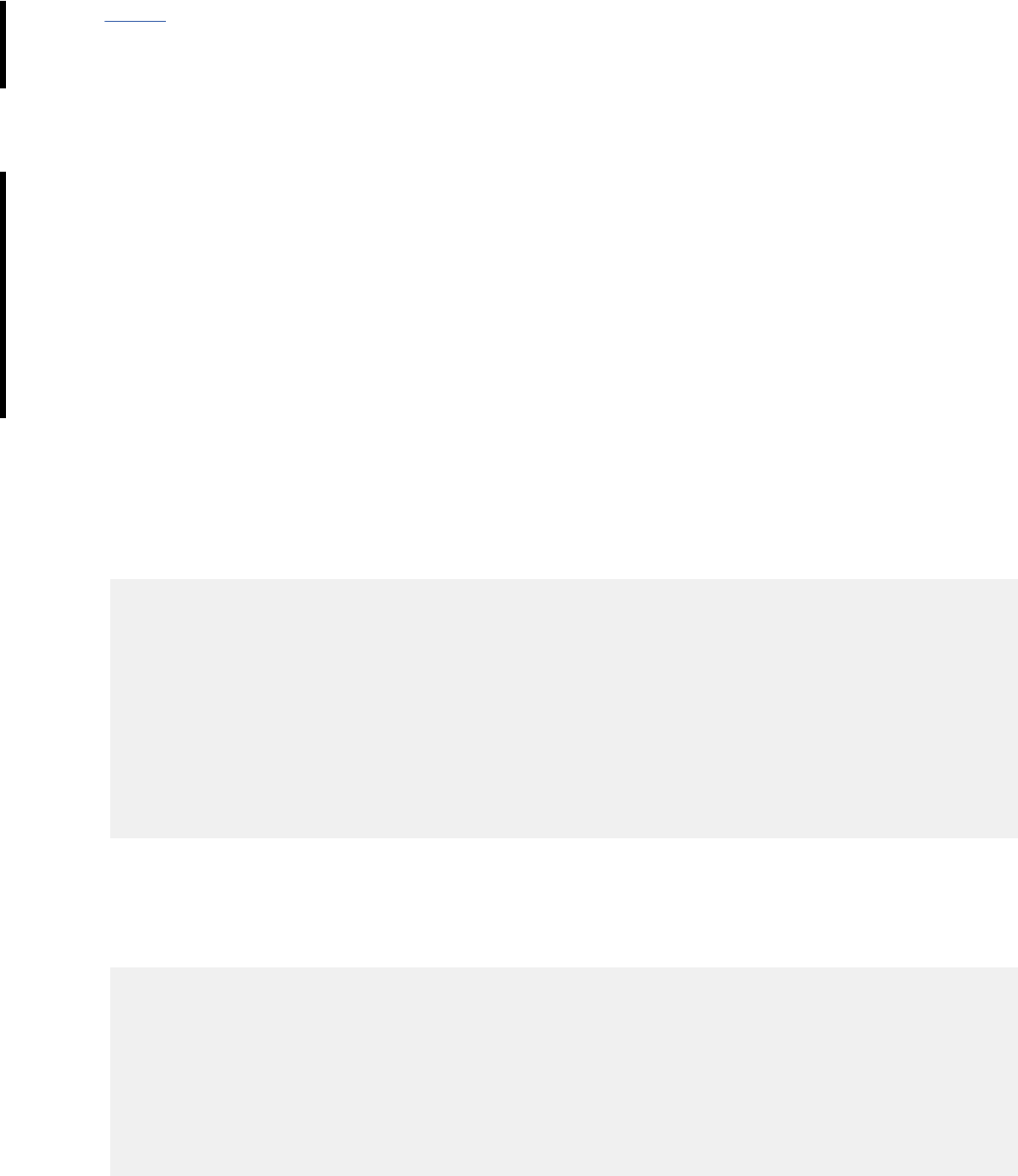
Important: Do not create additional versions of procedures that are supplied with Db2 by specifying the
VERSION keyword. Only versions that are supplied with Db2 are supported. Additional versions of such
routines cause the installation and conguration of the supplied routines to fail.
Procedure
To create a new version of a procedure, issue one of the following:
• FL 507 The CREATE PROCEDURE statement with the following items:
– The OR REPLACE clause.
– The VERSION clause with a new version identier.
• The ALTER PROCEDURE statement with the following items:
– The ADD VERSION clause with a name for the new version.
For either statement, you must include the following:
• The name of the native SQL procedure for which you want to create a new version.
• The parameter list of the procedure that you want to change. For ALTER PROCEUDRE ADD VERSION,
this parameter list must be the same as the original procedure.
• Any procedure options. These options can be different than the options for other versions of this
procedure. If you do not specify a value for a particular option, the default value is used, regardless of
the value that is used by the current active version of this procedure.
• A procedure body. This body can be different than the procedure body for other versions of this
procedure.
Examples
Example 1
For example, the following CREATE PROCEDURE statement denes a new native SQL procedure called
UPDATE_BALANCE. The version of the procedure is V1, and it is the active version.
CREATE PROCEDURE
UPDATE_BALANCE
(IN CUSTOMER_NO INTEGER,
IN AMOUNT DECIMAL(9,2))
VERSION V1
LANGUAGE SQL
READS SQL DATA
BEGIN
DECLARE CUSTOMER_NAME CHAR(20);
SELECT CUSTNAME
INTO CUSTOMER_NAME
FROM ACCOUNTS
WHERE CUSTNO = CUSTOMER_NO;
END
Example 2
The following ALTER PROCEDURE statement creates a new version of the UPDATE_BALANCE
procedure. The version name of the new version is V2. This new version has a different procedure
body.
ALTER PROCEDURE
UPDATE_BALANCE
ADD VERSION V2
(IN CUSTOMER_NO INTEGER,
IN AMOUNT DECIMAL (9,2) )
MODIFIES SQL DATA
BEGIN
UPDATE ACCOUNTS
SET BAL = BAL + AMOUNT
WHERE CUSTNO = CUSTOMER_NO;
END
Chapter 3. Db2 SQL programming
247
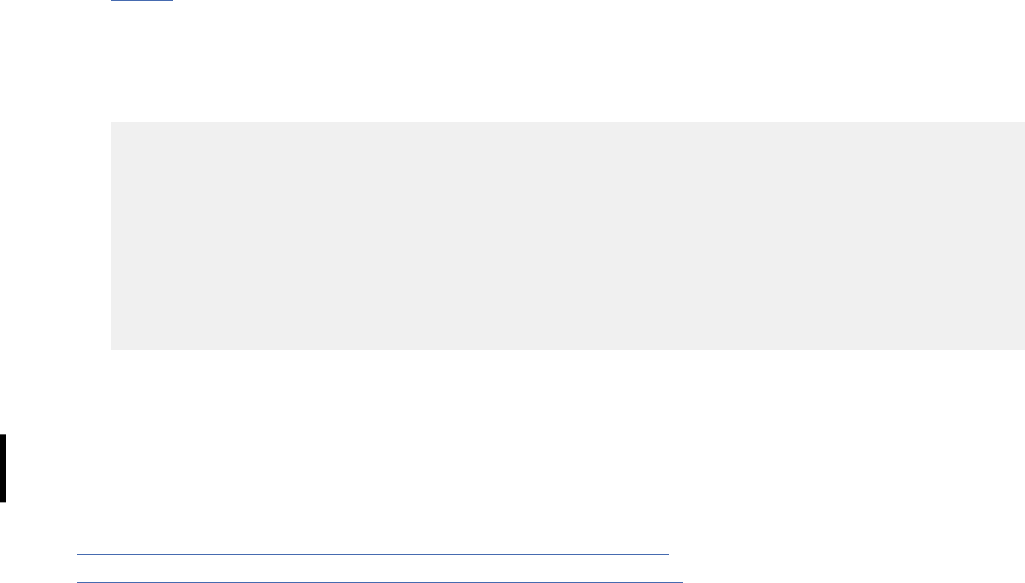
Example 3:
FL 507
The following CREATE PROCEDURE statement with the OR REPLACE clause creates a new version
of the UPDATE_BALANCE procedure, assuming that version V3 does not already exist (if V3 already
exists, this statement would replace the existing denition). This version changes the procedure body
in the same way as in Example 2:
CREATE OR REPLACE PROCEDURE
UPDATE_BALANCE
(IN CUSTOMER_NO INTEGER,
IN AMOUNT DECIMAL(9,2))
VERSION V3
LANGUAGE SQL
MODIFIES SQL DATA
BEGIN
UPDATE ACCOUNTS
SET BAL = BAL + AMOUNT
WHERE CUSTNO = CUSTOMER_NO;
END
What to do next
After you create a new version, if you want that version to be invoked by all subsequent calls to this
procedure, you need to make that version the active version. You can use the ACTIVATE VERSION clause
on either an ALTER PROCEDURE statement or a CREATE PROCEDURE statement with the OR REPLACE
clause.
Related reference
ALTER PROCEDURE statement (SQL - native procedure) (Db2 SQL)
CREATE PROCEDURE statement (SQL - native procedure) (Db2 SQL)
Multiple versions of native SQL procedures
You can dene multiple versions of a native SQL procedure. Db2 maintains this version information for
you.
One or more versions of a procedure can exist at any point in time at the current server, but only one
version of a procedure is considered the active version. When you rst create a procedure, that initial
version is considered the active version of the procedure.
Using multiple versions of a native SQL procedure has the following advantages:
• You can keep the existing version of a procedure active while you create another version. When the
other version is ready, you can make it the active one.
• When you make another version of a procedure active, you do not need to change any existing calls to
that procedure.
• You can easily switch back to a previous version of a procedure if the version that you switched to does
not work as planned.
• You can drop an unneeded version of a procedure.
A new version of a native SQL procedure can have different values for the following items:
• Parameter names
• Procedure options (except for the AUTONOMOUS option, which must be specied for all versions or
none)
• Procedure body
Restrictions:
• A new version of a native SQL procedure cannot have different values for the following items:
– Number of parameters
– Parameter data types
– Parameter attributes for character data
248
Db2 12 for z/OS: Application Programming and SQL Guide (Last updated: 2024-07-30)

– Parameter CCSIDs
– Whether a parameter is an input or output parameter, as dened by the IN, OUT, and INOUT options
If you need to specify different values for any of the preceding items, create a new native SQL
procedure, instead of a new version.
• When the AUTONOMOUS option is specied for one version of a procedure, it must be specied for
every version of that procedure.
Deploying a native SQL procedure to another Db2 for z/OS server
When deploying a native SQL procedure to another Db2 for z/OS server, you can change the bind options
to better match the deploying environment. The procedure logic remains the same.
Before you begin
Deprecated function: The DEPLOY bind option is deprecated. For best results, deploy compiled SQL
functions and native SQL procedures to multiple environments by issuing the same CREATE or ALTER
statements separately in each Db2 environment.
Requirements:
• The remote server must be properly dened in the communications database of the Db2 subsystem
from which you deploy the native SQL procedure.
• The target Db2 subsystem must be operating at a PTF level that is compatible with the PTF level of the
local Db2 subsystem.
Procedure
Issue the BIND PACKAGE command with the following options:
DEPLOY
Specify the name of the procedure whose logic you want to use on the target server.
Tip: When specifying the parameters for the DEPLOY option, consider the following naming rules for
native SQL procedures:
• The collection ID is the same as the schema name in the original CREATE PROCEDURE statement.
• The package ID is the same as the procedure name in the original CREATE PROCEDURE statement.
COPYVER
Specify the version of the procedure whose logic you want to use on the target server.
ACTION(ADD) or ACTION(REPLACE)
Specify whether you want Db2 to create a new version of the native SQL procedure and its associated
package or to replace the specied version.
Optionally, you can also specify the bind options QUALIFIER or OWNER if want to change them.
Examples
Deploying the same version of a procedure at another location
The following BIND command creates a native SQL procedure with the name PRODUCTION.MYPROC
at the CHICAGO location. This procedure is created from the procedure TEST.MYPROC at the current
site. Both native SQL procedures have the same content and version, ABC. However, the package for
the procedure CHICAGO.PRODUCTION.MYPROC has XYZ as its qualier.
CREATE PROCEDURE TEST.MYPROC VERSION ABC LANGUAGE SQL ...
BEGIN
...
END
BIND PACKAGE(CHICAGO.PRODUCTION) DEPLOY(TEST.MYPROC) COPYVER(ABC)
ACTION(ADD) QUALIFIER(XYZ)
Chapter 3. Db2 SQL programming
249

Replacing a version of a procedure at another location
The following BIND command replaces version ABC of the procedure PRODUCTION.MYPROC at the
CHICAGO location with version ABC of the procedure TEST.MYPROC at the current site.
BIND PACKAGE(CHICAGO.PRODUCTION) DEPLOY(TEST.MYPROC) COPYVER(ABC)
ACTION(REPLACE) REPLVER(ABC)
Related concepts
Communications database for the server (Managing Security)
Related reference
BIND and REBIND options for packages, plans, and services (Db2 Commands)
BIND PACKAGE subcommand (DSN) (Db2 Commands)
Related information
Db2 for z/OS Stored Procedures: Through the CALL and Beyond (IBM Redbooks)
Removing an existing version of a native SQL procedure
You can drop a particular version of a native SQL procedure without dropping the other versions of the
procedure.
Before you begin
Before you remove an existing version of a native SQL procedure, ensure that the version is not active. If
the version is the active version, designate a different active version before proceeding.
Procedure
Issue the ALTER PROCEDURE statement with the DROP VERSION clause and the name of the version that
you want to drop. If you instead want to drop all versions of the procedure, use the DROP statement.
Examples
Example of dropping a version that is not active
The following statement drops the OLD_PRODUCTION version of the P1 procedure.
ALTER PROCEDURE P1 DROP VERSION OLD_PRODUCTION
Example of dropping an active version
Assume that the OLD_PRODUCTION version of the P1 procedure is the active version. The
following example rst switches the active version to NEW_PRODUCTION and then drops the
OLD_PRODUCTION version.
ALTER PROCEDURE P1 ACTIVATE VERSION NEW_PRODUCTION;
ALTER PROCEDURE P1 DROP VERSION OLD_PRODUCTION;
Related tasks
Designating the active version of a native SQL procedure
When a native SQL procedure is called, Db2 uses the version that is designated as the active version.
Regenerating an existing version of a native SQL procedure
When you apply Db2 maintenance that changes how native SQL procedures are generated, you need
to regenerate any affected procedures. When you regenerate a version of a native SQL procedure, Db2
rebinds the associated package for that version of the procedure.
About this task
ALTER PROCEDURE REGENERATE is different than the REBIND PACKAGE command. When you specify
REBIND PACKAGE, Db2 rebinds only the non-control SQL statements. Use this command when you think
rebinding will improve the access path. When you specify ALTER PROCEDURE REGENERATE, Db2 rebinds
the SQL control statements as well as the non-control statements.
250
Db2 12 for z/OS: Application Programming and SQL Guide (Last updated: 2024-07-30)

Procedure
To regenerate an existing version of a native SQL procedure:
1. Issue the ALTER PROCEDURE statement with the REGENERATE clause and specify the version to be
regenerated.
2. If copies of the package for the specied version of the procedure exist at remote sites, replace those
packages. Issue the BIND PACKAGE command with the COPY option and appropriate location for each
remote package.
3. If copies of the package for the specied version of the procedure exist locally with different schema
names, replace those packages. Issue the BIND PACKAGE command with the COPY option and
appropriate schema for each local package.
Example
The following ALTER PROCEDURE statement regenerates the active version of the UPDATE_SALARY_1
procedure.
ALTER PROCEDURE UPDATE_SALARY_1
REGENERATE ACTIVE VERSION
Changing an existing version of a native SQL procedure
You can change an option or the procedure body for a particular version of a native SQL procedure. If you
want to keep a copy of that stored procedure, consider creating a new version instead of changing the
existing version.
Procedure
To change an existing version of a native SQL procedure, issue one of the following statements:
• FL 507
The CREATE PROCEDURE statement with the OR REPLACE and the VERSION clause that
identies the version to be replaced.
• The ALTER PROCEDURE statement with the REPLACE VERSION clause.
Any option that you do not explicitly specify inherits the system default values. This inheritance occurs
even if those options were explicitly specied for a prior version by using a CREATE PROCEDURE
statement, ALTER PROCEDURE statement, or REBIND command.
Examples
Example 1
The following ALTER PROCEDURE statement updates version V2 of the UPDATE_BALANCE procedure.
ALTER PROCEDURE
TEST.UPDATE_BALANCE
REPLACE VERSION V2
(IN CUSTOMER_NO INTEGER,
IN AMOUNT DECIMAL(9,2))
MODIFIES SQL DATA
ASUTIME LIMIT 100
BEGIN
UPDATE ACCOUNTS
SET BAL = BAL + AMOUNT
WHERE CUSTNO = CUSTOMER_NO
AND CUSTSTAT = 'A';
END
Example 2
FL 507
The following CREATE PROCEDURE statement will replace the version V2 of the UPDATE_BALANCE
procedure if version V2 already exists or will create it if version V2 has not yet been dened:
CREATE OR REPLACE PROCEDURE
TEST.UPDATE_BALANCE
Chapter 3. Db2 SQL programming
251

(IN CUSTOMER_NO INTEGER,
IN AMOUNT DECIMAL(9,2))
VERSION V2
MODIFIES SQL DATA
ASUTIME LIMIT 100
BEGIN
UPDATE ACCOUNTS
SET BAL = BAL + AMOUNT
WHERE CUSTNO = CUSTOMER_NO
AND CUSTSTAT = 'A';
END
Related tasks
Creating new versions of native SQL procedures
A new version of a native SQL procedure can have different parameter names, procedure options, or
procedure body.
Related reference
REBIND PACKAGE subcommand (DSN) (Db2 Commands)
ALTER PROCEDURE statement (SQL - native procedure) (Db2 SQL)
CREATE PROCEDURE statement (SQL - native procedure) (Db2 SQL)
Creating external stored procedures
An external stored procedure is a procedure that is written in a host language and can contain SQL
statements. The source code for external procedures is separate from the denition.
Before you begin
Before you create an external procedure, Congure Db2 for running stored procedures and user-dened
functions during installation or Congure Db2 for running stored procedures and user-dened functions
during migration.
About this task
Restriction: These instructions do not apply to Java stored procedures. The process for creating a Java
stored procedure is different. The preparation process varies depending on what the procedure contains.
Procedure
To create an external stored procedure:
1. Write the external stored procedure body in assembler, C, C++, COBOL, REXX, or PL/I.
Ensure that the procedure body that you write follows the guidelines for external stored procedures
that are described in the following information:
• “Accessing other sites in an external procedure” on page 272
• “Accessing non-Db2 resources in your stored procedure” on page 272
• “Writing an external procedure to access IMS databases” on page 273
• “Writing an external procedure to return result sets to a distributed client” on page 274
• “Restrictions when calling other programs from an external stored procedure” on page 275
• “External stored procedures as main programs and subprograms” on page 276
• “Data types in stored procedures” on page 278
• “COMMIT and ROLLBACK statements in a stored procedure” on page 225
Restrictions:
• Do not include explicit attachment facility calls. External stored procedures that run in a WLM-
established address space use Resource Recovery Services attachment facility (RRSAF) calls
implicitly. If an external stored procedure makes an explicit attachment facility call, Db2 rejects
the call.
252
Db2 12 for z/OS: Application Programming and SQL Guide (Last updated: 2024-07-30)

• Do not include SRRCMIT or SRRBACK service calls. If an external stored procedure invokes either
SRRCMIT or SRRBACK, Db2 puts the transaction in a state where a rollback operation is required and
the CALL statement fails.
For REXX procedures, continue with step “3” on page 253.
2. For assembler, C, C++, COBOL, or PL/I stored procedures, prepare the external procedure by
completing the following tasks:
a) Precompile, compile, and link-edit the application by using one of the following techniques:
• The Db2 precompiler and JCL instructions to compile and link-edit the program
• The SQL statement coprocessor
Recommendation: Compile and link-edit code as reentrant.
Link-edit the application by using DSNRLI, the language interface module for the Resource
Recovery Services attachment facility, or DSNULI, the Universal language interface module. You
must specify the parameter AMODE(31) when you link-edit the application with either of these
modules. (24-bit applications are not supported.)
If you want to make the stored procedure reentrant, see “Creating an external stored procedure as
reentrant” on page 276
If you want to run your procedure as a z/OS-authorized program, you must also perform the
following tasks when you link-edit the application:
• Indicate that the load module can use restricted system services by specifying the parameter
value AC=1.
• Put the load module for the stored procedure in an APF-authorized library.
You can compile COBOL stored procedures with either the DYNAM or NODYNAM COBOL compiler
options. If you use DYNAM, ensure that the correct Db2 language interface module is loaded
dynamically by performing one of the following actions:
• Specify the ATTACH(RRSAF) SQL processing option.
• Copy the DSNRLI module into a load library that is concatenated in front of the Db2 libraries. Use
the member name DSNHLI.
b) Bind the DBRM into a Db2 package by issuing the BIND PACKAGE command.
If you want to control access to a stored procedure package, specify the ENABLE bind option with
the system connection type of the calling application.
Stored procedures require only a package. You do not need to bind a plan for the stored procedure
or bind the stored procedure package to the plan for the calling application. For remote access
scenarios, you need a package at both the requester and server sites.
For more information about stored procedure packages, see “Packages for external stored
procedures” on page 271.
The following example BIND PACKAGE command binds the DBRM EMPDTL1P to the collection
DEVL7083.
BIND PACKAGE(DEVL7083) -
MEMBER(EMPDTL1P) ACT(REP) ISO(UR) ENCODING(EBCDIC) -
OWNER(DEVL7083) LIBRARY('SG247083.DEVL.DBRM')
3. Dene the stored procedure to Db2 by issuing the CREATE PROCEDURE statement with the EXTERNAL
option. Use the EXTERNAL NAME clause to specify the name of the load module for the program that
runs when this procedure is called.
If you want to run your procedure as a z/OS-authorized program, specify an appropriate environment
with the WLM ENVIRONMENT option. The stored procedure must run in an address space with a
startup procedure in which all libraries in the STEPLIB concatenation are APF-authorized.
Chapter 3. Db2 SQL programming
253

If you want environment information to be passed to the stored procedure when it is invoked, specify
the DBINFO and PARAMETER STYLE SQL options in the CREATE PROCEDURE statement. When the
procedure is invoked, Db2 passes the DBINFO structure, which contains environment information,
to the stored procedure. For more information about PARAMETER STYLE, see “Dening the linkage
convention for an external stored procedure” on page 255.
If you compiled the stored procedure as reentrant, specify the STAY RESIDENT YES option in the
CREATE PROCEDURE statement. This option makes the procedure remain resident in storage.
4. Authorize the appropriate users to use the stored procedure by issuing the GRANT EXECUTE
statement.
For example, the following statement allows an application that runs under the authorization ID JONES
to call stored procedure SPSCHEMA.STORPRCA:
GRANT EXECUTE ON PROCEDURE SPSCHEMA.STORPRCA TO JONES;
Example of dening a C stored procedure
Suppose that you have written and prepared a stored procedure that has the following characteristics:
• The name of the stored procedure is B.
• The stored procedure has the following two parameters:
– An integer input parameter that is named V1
– A character output parameter of length 9 that is named V2
• The stored procedure is written in the C language.
• The stored procedure contains no SQL statements.
• The same input always produces the same output.
• The load module name is SUMMOD.
• The package collection name is SUMCOLL.
• The stored procedure is to run for no more than 900 CPU service units.
• The parameters can have null values.
• The stored procedure is to be deleted from memory when it completes.
• The stored procedure needs the following Language Environment runtime options:
MSGFILE(OUTFILE),RPTSTG(ON),RPTOPTS(ON)
• The stored procedure is part of the WLM application environment that is named PAYROLL.
• The stored procedure runs as a main program.
• The stored procedure does not access non-Db2 resources, so it does not need a special RACF
environment.
• The stored procedure can return at most 10 result sets.
• When control returns to the client program, Db2 does not commit updates automatically.
The following CREATE PROCEDURE statement denes the stored procedure to Db2:
CREATE PROCEDURE B(IN V1 INTEGER, OUT V2 CHAR(9))
LANGUAGE C
DETERMINISTIC
NO SQL
EXTERNAL NAME SUMMOD
COLLID SUMCOLL
ASUTIME LIMIT 900
PARAMETER STYLE GENERAL WITH NULLS
STAY RESIDENT NO
RUN OPTIONS 'MSGFILE(OUTFILE),RPTSTG(ON),RPTOPTS(ON)'
WLM ENVIRONMENT PAYROLL
PROGRAM TYPE MAIN
SECURITY DB2
254
Db2 12 for z/OS: Application Programming and SQL Guide (Last updated: 2024-07-30)
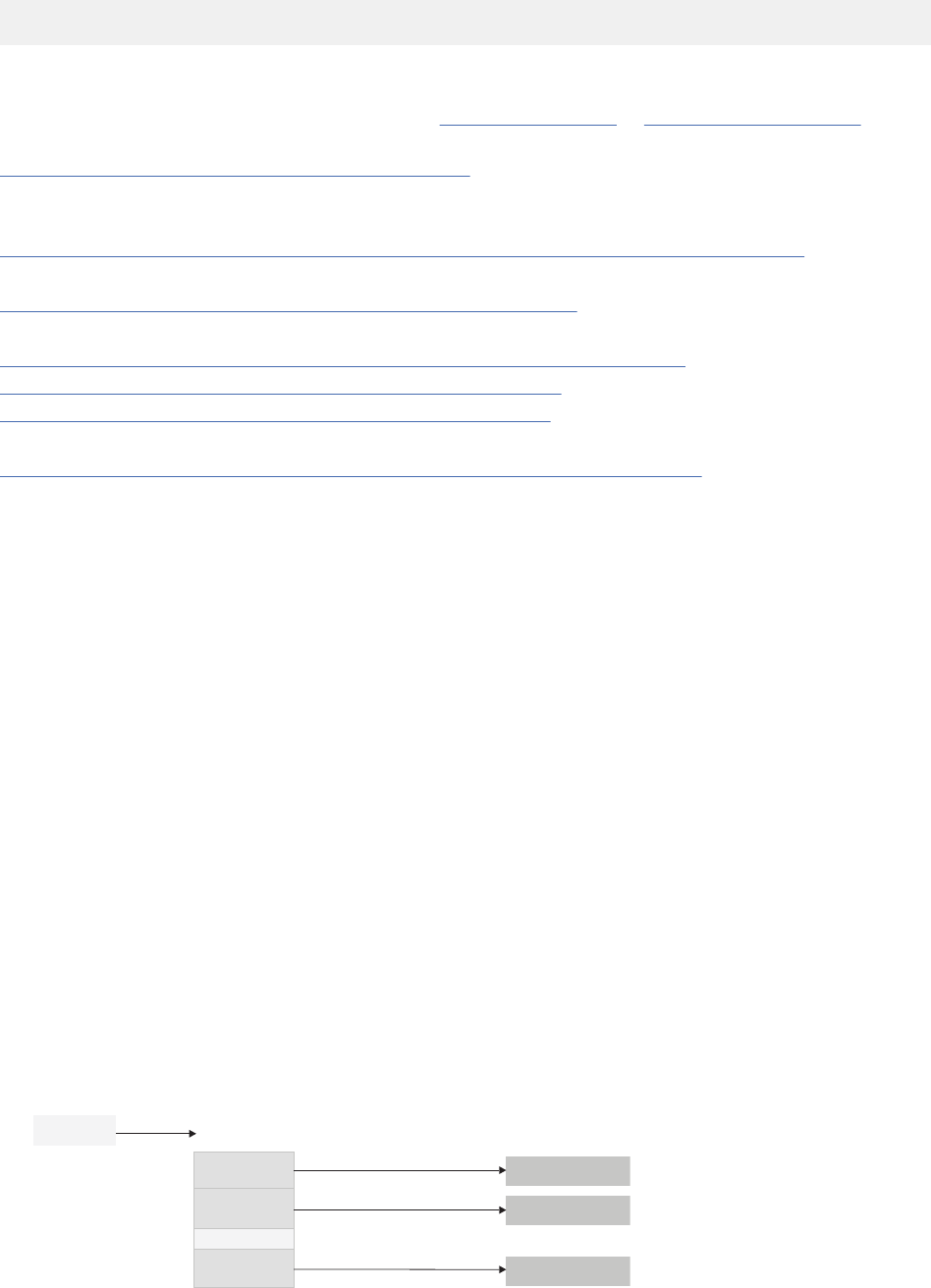
DYNAMIC RESULT SETS 10
COMMIT ON RETURN NO;
What to do next
You can now invoke the stored procedure from an application program or command line processor.
Related concepts
“Universal language interface (DSNULI)” on page 113
The universal language interface (DSNULI) subcomponent determines the runtime environment and
dynamically loads and branches to the appropriate language interface module.
Java stored procedures and user-dened functions (Db2 Application Programming for Java)
Related tasks
Implementing Db2 stored procedures (Db2 Administration Guide)
Related reference
BIND and REBIND options for packages, plans, and services (Db2 Commands)
CREATE PROCEDURE statement (external procedure) (Db2 SQL)
GRANT statement (function or procedure privileges) (Db2 SQL)
Related information
Db2 for z/OS Stored Procedures: Through the CALL and Beyond (IBM Redbooks)
Dening the linkage convention for an external stored procedure
A linkage convention species the rules for the parameter list that is passed by the program that calls the
external stored procedure. For example, the convention can specify whether the calling program can pass
null values for input parameters.
Procedure
When you dene the stored procedure with the CREATE PROCEDURE statement, specify one of the
following values for the PARAMETER STYLE option:
• GENERAL
• GENERAL WITH NULLS
• SQL
SQL is the default.
Linkage conventions for external stored procedures
The linkage convention for a stored procedure can be either GENERAL, GENERAL WITH NULLS, or SQL.
These linkage conventions apply to only external stored procedures.
GENERAL
Specify the GENERAL linkage convention when you do not want the calling program to pass null
values for input parameters (IN or INOUT) to the stored procedure. If you specify GENERAL, ensure
that the stored procedure contains a variable declaration for each parameter that is passed in the
CALL statement.
The following gure shows the structure of the parameter list for PARAMETER STYLE GENERAL.
Register 1
Addresses of:
Parameter 1
Parameter 2
Parameter
n
.
.
.
Parameter 1 data
Parameter 2 data
Parameter data
n
Data:
Figure 12. Parameter convention GENERAL for a stored procedure
Chapter 3. Db2 SQL programming
255
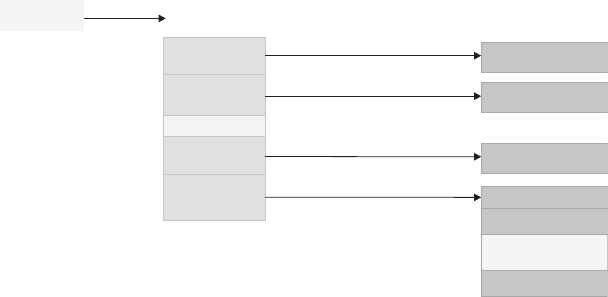
GENERAL WITH NULLS
Specify the GENERAL WITH NULLS linkage convention when you want to allow the calling program to
supply a null value for any parameter that is passed to the stored procedure. If you specify GENERAL
WITH NULLS, ensure that the stored procedure performs the following tasks:
• Declares a variable for each parameter that is passed in the CALL statement.
• Declares a null indicator structure that contains an indicator variable for each parameter.
• On entry, examines all indicator variables that are associated with input parameters to determine
which parameters contain null values.
• On exit, assigns values to all indicator variables that are associated with output variables. If the
output variable returns a null value to the caller, assign the associated indicator variable a negative
number. Otherwise, assign a value of 0 to the indicator variable.
In the CALL statement in the calling application, follow each parameter with its indicator variable. Use
one of the following forms:
• host-variable :indicator-variable
• host-variable INDICATOR :indicator-variable
The following gure shows the structure of the parameter list for PARAMETER STYLE GENERAL WITH
NULLS.
Register 1
Addresses of:
Parameter 1
Parameter 2
Parameter
n
.
.
.
Parameter 1 data
Parameter 2 data
Parameter data
n
Data:
Indicator
array
Indicator 1
Indicator 2
.
.
.
Indicator
n
Figure 13. Parameter convention GENERAL WITH NULLS for a stored procedure
SQL
Specify the SQL linkage convention when you want both of the following conditions:
• The calling program to be able to supply a null value for any parameter that is passed to the stored
procedure.
• Db2 to pass input and output parameters to the stored procedure that contain the following
information:
– The SQLSTATE that is to be returned to Db2. This value is a CHAR(5) parameter that represents
the SQLSTATE that is passed into the program from the database manager. The initial value is set
to ‘00000'. Although the SQLSTATE is usually not set by the program, it can be set as the result
SQLSTATE that is used to return an error or a warning. Returned values that start with anything
other than ‘00', ‘01', or ‘02' are error conditions.
– The qualied name of the stored procedure. This is a VARCHAR(128) value.
– The specic name of the stored procedure. The specic name is a VARCHAR(128) value that is
the same as the unqualied name.
– The SQL diagnostic string that is to be returned to Db2. This is a VARCHAR(1000) value. Use this
area to pass descriptive information about an error or warning to the caller.
Restriction: You cannot use the SQL linkage convention for a REXX language stored procedure.
The following gure shows the structure of the parameter list for PARAMETER STYLE SQL.
256
Db2 12 for z/OS: Application Programming and SQL Guide (Last updated: 2024-07-30)
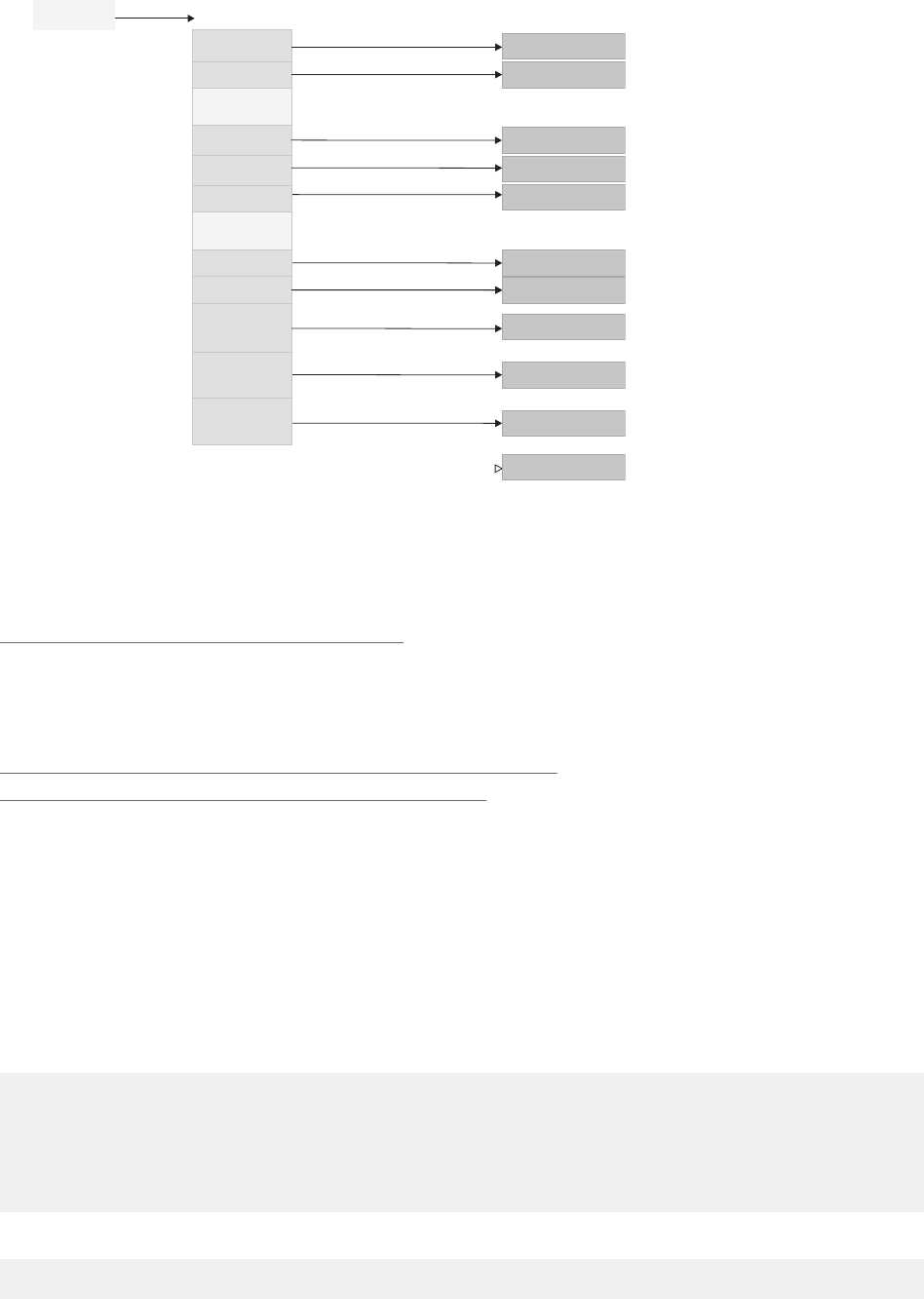
Register 1
Addresses of:
Parameter 1
Parameter 2
Parameter
n
.
.
.
Parameter 1 data
Parameter 2 data
Parameter data
n
Data:
Indicator 1
Indicator 1
Indicator 2
Indicator
n
Indicator 2
.
.
.
Indicator
n
SQLSTATE
Procedure
name
Diagnostic
data
Specific
name
DBINFO
1, 2
SQLSTATE
Procedure name
Specific name
Diagnostic data
DBINFO
1
2
For PL/I, this value is the address of a pointer to the DBINFO data.
Passed if the DBINFO option is specified in the user-defined function definition.
Figure 14. Parameter convention SQL for a stored procedure
Related concepts
Example programs that call stored procedures
Examples can be used as models when you write applications that call stored procedures. In
addition, prex.SDSNSAMP contains sample jobs DSNTEJ6P and DSNTEJ6S and programs DSN8EP1 and
DSN8EP2, which you can run.
Related reference
CREATE PROCEDURE statement (external procedure) (Db2 SQL)
SQLSTATE values and common error codes (Db2 Codes)
Example of GENERAL linkage convention
Specify the GENERAL linkage convention when you do not want the calling program to pass null values for
input parameters (IN or INOUT) to the stored procedure.
Examples
The following examples demonstrate how an assembler, C, COBOL, or PL/I stored procedure uses the
GENERAL linkage convention to receive parameters.
For these examples, assume that a COBOL application has the following parameter declarations and CALL
statement:
************************************************************
* PARAMETERS FOR THE SQL STATEMENT CALL *
************************************************************
01 V1 PIC S9(9) USAGE COMP.
01 V2 PIC X(9).
⋮
EXEC SQL CALL A (:V1, :V2) END-EXEC.
In the CREATE PROCEDURE statement, the parameters are dened as follows:
IN V1 INT, OUT V2 CHAR(9)
Chapter 3. Db2 SQL programming
257

Assembler example
The following example shows how a stored procedure that is written in assembler language receives
these parameters.
*******************************************************************
* CODE FOR AN ASSEMBLER LANGUAGE STORED PROCEDURE THAT USES *
* THE GENERAL LINKAGE CONVENTION. *
*******************************************************************
A CEEENTRY AUTO=PROGSIZE,MAIN=YES,PLIST=OS
USING PROGAREA,R13
*******************************************************************
* BRING UP THE LANGUAGE ENVIRONMENT. *
*******************************************************************
⋮
*******************************************************************
* GET THE PASSED PARAMETER VALUES. THE GENERAL LINKAGE CONVENTION*
* FOLLOWS THE STANDARD ASSEMBLER LINKAGE CONVENTION: *
* ON ENTRY, REGISTER 1 POINTS TO A LIST OF POINTERS TO THE *
* PARAMETERS. *
*******************************************************************
L R7,0(R1) GET POINTER TO V1
MVC LOCV1(4),0(R7) MOVE VALUE INTO LOCAL COPY OF V1
⋮
L R7,4(R1) GET POINTER TO V2
MVC 0(9,R7),LOCV2 MOVE A VALUE INTO OUTPUT VAR V2
⋮
CEETERM RC=0
*******************************************************************
* VARIABLE DECLARATIONS AND EQUATES *
*******************************************************************
R1 EQU 1 REGISTER 1
R7 EQU 7 REGISTER 7
PPA CEEPPA , CONSTANTS DESCRIBING THE CODE BLOCK
LTORG , PLACE LITERAL POOL HERE
PROGAREA DSECT
ORG *+CEEDSASZ LEAVE SPACE FOR DSA FIXED PART
LOCV1 DS F LOCAL COPY OF PARAMETER V1
LOCV2 DS CL9 LOCAL COPY OF PARAMETER V2
⋮
PROGSIZE EQU *-PROGAREA
CEEDSA , MAPPING OF THE DYNAMIC SAVE AREA
CEECAA , MAPPING OF THE COMMON ANCHOR AREA
END A
C example
The following gure shows how a stored procedure that is written in the C language receives these
parameters.
#pragma runopts(PLIST(OS))
#pragma options(RENT)
#include <stdlib.h>
#include <stdio.h>
/*****************************************************************/
/* Code for a C language stored procedure that uses the */
/* GENERAL linkage convention. */
/*****************************************************************/
main(argc,argv)
int argc; /* Number of parameters passed */
char *argv[]; /* Array of strings containing */
/* the parameter values */
{
long int locv1; /* Local copy of V1 */
char locv2[10]; /* Local copy of V2 */
/* (null-terminated) */
⋮
/***************************************************************/
/* Get the passed parameters. The GENERAL linkage convention */
/* follows the standard C language parameter passing */
/* conventions: */
/* - argc contains the number of parameters passed */
/* - argv[0] is a pointer to the stored procedure name */
/* - argv[1] to argv[n] are pointers to the n parameters */
/* in the SQL statement CALL. */
/***************************************************************/
if(argc==3) /* Should get 3 parameters: */
258
Db2 12 for z/OS: Application Programming and SQL Guide (Last updated: 2024-07-30)
{ /* procname, V1, V2 */
locv1 = *(int *) argv[1];
/* Get local copy of V1 */
⋮
strcpy(argv[2],locv2);
/* Assign a value to V2 */
⋮
}
}
COBOL example
The following gure shows how a stored procedure that is written in the COBOL language receives these
parameters.
CBL RENT
IDENTIFICATION DIVISION.
************************************************************
* CODE FOR A COBOL LANGUAGE STORED PROCEDURE THAT USES THE *
* GENERAL LINKAGE CONVENTION. *
************************************************************
PROGRAM-ID. A.
⋮
DATA DIVISION.
⋮
LINKAGE SECTION.
************************************************************
* DECLARE THE PARAMETERS PASSED BY THE SQL STATEMENT *
* CALL HERE. *
************************************************************
01 V1 PIC S9(9) USAGE COMP.
01 V2 PIC X(9).
⋮
PROCEDURE DIVISION USING V1, V2.
************************************************************
* THE USING PHRASE INDICATES THAT VARIABLES V1 AND V2 *
* WERE PASSED BY THE CALLING PROGRAM. *
************************************************************
⋮
****************************************
* ASSIGN A VALUE TO OUTPUT VARIABLE V2 *
****************************************
MOVE '123456789' TO V2.
PL/I example
The following gure shows how a stored procedure that is written in the PL/I language receives these
parameters.
*PROCESS SYSTEM(MVS);
A: PROC(V1, V2) OPTIONS(MAIN NOEXECOPS REENTRANT);
/***************************************************************/
/* Code for a PL/I language stored procedure that uses the */
/* GENERAL linkage convention. */
/***************************************************************/
/***************************************************************/
/* Indicate on the PROCEDURE statement that two parameters */
/* were passed by the SQL statement CALL. Then declare the */
/* parameters in the following section. */
/***************************************************************/
DCL V1 BIN FIXED(31),
V2 CHAR(9);
⋮
V2 = '123456789'; /* Assign a value to output variable V2 */
Chapter 3. Db2 SQL programming
259

Example of GENERAL WITH NULLS linkage convention
Specify the GENERAL WITH NULLS linkage convention when you want to allow the calling program to
supply a null value for any parameter that is passed to the stored procedure.
Examples
The following examples demonstrate how an assembler, C, COBOL, or PL/I stored procedure uses the
GENERAL WITH NULLS linkage convention to receive parameters.
For these examples, assume that a C application has the following parameter declarations and CALL
statement:
/************************************************************/
/* Parameters for the SQL statement CALL */
/************************************************************/
long int v1;
char v2[10]; /* Allow an extra byte for */
/* the null terminator */
/************************************************************/
/* Indicator structure */
/************************************************************/
struct indicators {
short int ind1;
short int ind2;
} indstruc;
⋮
indstruc.ind1 = 0; /* Remember to initialize the */
/* input parameter's indicator*/
/* variable before executing */
/* the CALL statement */
EXEC SQL CALL B (:v1 :indstruc.ind1, :v2 :indstruc.ind2);
⋮
In the CREATE PROCEDURE statement, the parameters are dened as follows:
IN V1 INT, OUT V2 CHAR(9)
Assembler example
The following gure shows how a stored procedure that is written in assembler language receives these
parameters.
*******************************************************************
* CODE FOR AN ASSEMBLER LANGUAGE STORED PROCEDURE THAT USES *
* THE GENERAL WITH NULLS LINKAGE CONVENTION. *
*******************************************************************
B CEEENTRY AUTO=PROGSIZE,MAIN=YES,PLIST=OS
USING PROGAREA,R13
*******************************************************************
* BRING UP THE LANGUAGE ENVIRONMENT. *
*******************************************************************
⋮
*******************************************************************
* GET THE PASSED PARAMETER VALUES. THE GENERAL WITH NULLS LINKAGE*
* CONVENTION IS AS FOLLOWS: *
* ON ENTRY, REGISTER 1 POINTS TO A LIST OF POINTERS. IF N *
* PARAMETERS ARE PASSED, THERE ARE N+1 POINTERS. THE FIRST *
* N POINTERS ARE THE ADDRESSES OF THE N PARAMETERS, JUST AS *
* WITH THE GENERAL LINKAGE CONVENTION. THE N+1ST POINTER IS *
* THE ADDRESS OF A LIST CONTAINING THE N INDICATOR VARIABLE *
* VALUES. *
*******************************************************************
L R7,0(R1) GET POINTER TO V1
MVC LOCV1(4),0(R7) MOVE VALUE INTO LOCAL COPY OF V1
L R7,8(R1) GET POINTER TO INDICATOR ARRAY
MVC LOCIND(2*2),0(R7) MOVE VALUES INTO LOCAL STORAGE
LH R7,LOCIND GET INDICATOR VARIABLE FOR V1
LTR R7,R7 CHECK IF IT IS NEGATIVE
BM NULLIN IF SO, V1 IS NULL
⋮
L R7,4(R1) GET POINTER TO V2
MVC 0(9,R7),LOCV2 MOVE A VALUE INTO OUTPUT VAR V2
L R7,8(R1) GET POINTER TO INDICATOR ARRAY
MVC 2(2,R7),=H(0) MOVE ZERO TO V2'S INDICATOR VAR
260
Db2 12 for z/OS: Application Programming and SQL Guide (Last updated: 2024-07-30)

⋮
CEETERM RC=0
*******************************************************************
* VARIABLE DECLARATIONS AND EQUATES *
*******************************************************************
R1 EQU 1 REGISTER 1
R7 EQU 7 REGISTER 7
PPA CEEPPA , CONSTANTS DESCRIBING THE CODE BLOCK
LTORG , PLACE LITERAL POOL HERE
PROGAREA DSECT
ORG *+CEEDSASZ LEAVE SPACE FOR DSA FIXED PART
LOCV1 DS F LOCAL COPY OF PARAMETER V1
LOCV2 DS CL9 LOCAL COPY OF PARAMETER V2
LOCIND DS 2H LOCAL COPY OF INDICATOR ARRAY
⋮
PROGSIZE EQU *-PROGAREA
CEEDSA , MAPPING OF THE DYNAMIC SAVE AREA
CEECAA , MAPPING OF THE COMMON ANCHOR AREA
END B
C example
The following gure shows how a stored procedure that is written in the C language receives these
parameters.
#pragma options(RENT)
#pragma runopts(PLIST(OS))
#include <stdlib.h>
#include <stdio.h>
/*****************************************************************/
/* Code for a C language stored procedure that uses the */
/* GENERAL WITH NULLS linkage convention. */
/*****************************************************************/
main(argc,argv)
int argc; /* Number of parameters passed */
char *argv[]; /* Array of strings containing */
/* the parameter values */
{
long int locv1; /* Local copy of V1 */
char locv2[10]; /* Local copy of V2 */
/* (null-terminated) */
short int locind[2]; /* Local copy of indicator */
/* variable array */
short int *tempint; /* Used for receiving the */
/* indicator variable array */
⋮
/***************************************************************/
/* Get the passed parameters. The GENERAL WITH NULLS linkage */
/* convention is as follows: */
/* - argc contains the number of parameters passed */
/* - argv[0] is a pointer to the stored procedure name */
/* - argv[1] to argv[n] are pointers to the n parameters */
/* in the SQL statement CALL. */
/* - argv[n+1] is a pointer to the indicator variable array */
/***************************************************************/
if(argc==4) /* Should get 4 parameters: */
{ /* procname, V1, V2, */
/* indicator variable array */
locv1 = *(int *) argv[1];
/* Get local copy of V1 */
tempint = argv[3]; /* Get pointer to indicator */
/* variable array */
locind[0] = *tempint;
/* Get 1st indicator variable */
locind[1] = *(++tempint);
/* Get 2nd indicator variable */
if(locind[0]<0) /* If 1st indicator variable */
{ /* is negative, V1 is null */
⋮
}
⋮
strcpy(argv[2],locv2);
/* Assign a value to V2 */
*(++tempint) = 0; /* Assign 0 to V2's indicator */
/* variable */
}
}
Chapter 3. Db2 SQL programming
261

COBOL example
The following gure shows how a stored procedure that is written in the COBOL language receives these
parameters.
CBL RENT
IDENTIFICATION DIVISION.
************************************************************
* CODE FOR A COBOL LANGUAGE STORED PROCEDURE THAT USES THE *
* GENERAL WITH NULLS LINKAGE CONVENTION. *
************************************************************
PROGRAM-ID. B.
⋮
DATA DIVISION.
⋮
LINKAGE SECTION.
************************************************************
* DECLARE THE PARAMETERS AND THE INDICATOR ARRAY THAT *
* WERE PASSED BY THE SQL STATEMENT CALL HERE. *
************************************************************
01 V1 PIC S9(9) USAGE COMP.
01 V2 PIC X(9).
*
01 INDARRAY.
10 INDVAR PIC S9(4) USAGE COMP OCCURS 2 TIMES.
⋮
PROCEDURE DIVISION USING V1, V2, INDARRAY.
************************************************************
* THE USING PHRASE INDICATES THAT VARIABLES V1, V2, AND *
* INDARRAY WERE PASSED BY THE CALLING PROGRAM. *
************************************************************
⋮
***************************
* TEST WHETHER V1 IS NULL *
***************************
IF INDARRAY(1) < 0
PERFORM NULL-PROCESSING.
⋮
****************************************
* ASSIGN A VALUE TO OUTPUT VARIABLE V2 *
* AND ITS INDICATOR VARIABLE *
****************************************
MOVE '123456789' TO V2.
MOVE ZERO TO INDARRAY(2).
PL/I example
The following gure shows how a stored procedure that is written in the PL/I language receives these
parameters.
*PROCESS SYSTEM(MVS);
A: PROC(V1, V2, INDSTRUC) OPTIONS(MAIN NOEXECOPS REENTRANT);
/***************************************************************/
/* Code for a PL/I language stored procedure that uses the */
/* GENERAL WITH NULLS linkage convention. */
/***************************************************************/
/***************************************************************/
/* Indicate on the PROCEDURE statement that two parameters */
/* and an indicator variable structure were passed by the SQL */
/* statement CALL. Then declare them in the following section.*/
/* For PL/I, you must declare an indicator variable structure, */
/* not an array. */
/***************************************************************/
DCL V1 BIN FIXED(31),
V2 CHAR(9);
DCL
01 INDSTRUC,
02 IND1 BIN FIXED(15),
02 IND2 BIN FIXED(15);
⋮
IF IND1 < 0 THEN
CALL NULLVAL; /* If indicator variable is negative */
/* then V1 is null */
⋮
V2 = '123456789'; /* Assign a value to output variable V2 */
IND2 = 0; /* Assign 0 to V2's indicator variable */
262
Db2 12 for z/OS: Application Programming and SQL Guide (Last updated: 2024-07-30)

Example of SQL linkage convention
Specify the SQL linkage convention when you want diagnostic information to be passed in the parameters
and allow null values.
Examples
The following examples demonstrate how an assembler, C, COBOL, or PL/I stored procedure uses the SQL
linkage convention to receive parameters. These examples also show how a stored procedure receives
the DBINFO structure.
For these examples, assume that a C application has the following parameter declarations and CALL
statement:
/************************************************************/
/* Parameters for the SQL statement CALL */
/************************************************************/
long int v1;
char v2[10]; /* Allow an extra byte for */
/* the null terminator */
/************************************************************/
/* Indicator variables */
/************************************************************/
short int ind1;
short int ind2;
⋮
ind1 = 0; /* Remember to initialize the */
/* input parameter's indicator*/
/* variable before executing */
/* the CALL statement */
EXEC SQL CALL B (:v1 :ind1, :v2 :ind2);
⋮
In the CREATE PROCEDURE statement, the parameters are dened as follows:
IN V1 INT, OUT V2 CHAR(9)
Assembler example
The following gure shows how a stored procedure that is written in assembler language receives these
parameters.
*******************************************************************
* CODE FOR AN ASSEMBLER LANGUAGE STORED PROCEDURE THAT USES
*
* THE SQL LINKAGE CONVENTION. *
*******************************************************************
B CEEENTRY AUTO=PROGSIZE,MAIN=YES,PLIST=OS
USING PROGAREA,R13
*******************************************************************
* BRING UP THE LANGUAGE ENVIRONMENT.
*
*******************************************************************
⋮
*******************************************************************
* GET THE PASSED PARAMETER VALUES. THE SQL LINKAGE *
* CONVENTION IS AS FOLLOWS:
*
* ON ENTRY, REGISTER 1 POINTS TO A LIST OF POINTERS. IF N
*
* PARAMETERS ARE PASSED, THERE ARE 2N+4 POINTERS. THE FIRST
*
* N POINTERS ARE THE ADDRESSES OF THE N PARAMETERS, JUST AS
*
* WITH THE GENERAL LINKAGE CONVENTION. THE NEXT N POINTERS ARE
*
* THE ADDRESSES OF THE INDICATOR VARIABLE VALUES. THE LAST
*
* 4 POINTERS (5, IF DBINFO IS PASSED) ARE THE ADDRESSES OF
*
* INFORMATION ABOUT THE STORED PROCEDURE ENVIRONMENT AND
*
* EXECUTION RESULTS.
*
Chapter 3. Db2 SQL programming
263

*******************************************************************
L R7,0(R1) GET POINTER TO V1
MVC LOCV1(4),0(R7) MOVE VALUE INTO LOCAL COPY OF V1
L R7,8(R1) GET POINTER TO 1ST INDICATOR VARIABLE
MVC LOCI1(2),0(R7) MOVE VALUE INTO LOCAL STORAGE
L R7,20(R1) GET POINTER TO STORED PROCEDURE
NAME
MVC LOCSPNM(20),0(R7) MOVE VALUE INTO LOCAL STORAGE
L R7,24(R1) GET POINTER TO DBINFO
MVC LOCDBINF(DBINFLN),0(R7)
* MOVE VALUE INTO LOCAL STORAGE
LH R7,LOCI1 GET INDICATOR VARIABLE FOR V1
LTR R7,R7 CHECK IF IT IS NEGATIVE
BM NULLIN IF SO, V1 IS NULL
⋮
L R7,4(R1) GET POINTER TO V2
MVC 0(9,R7),LOCV2 MOVE A VALUE INTO OUTPUT VAR V2
L R7,12(R1) GET POINTER TO INDICATOR VAR 2
MVC 0(2,R7),=H'0' MOVE ZERO TO V2'S INDICATOR VAR
L R7,16(R1) GET POINTER TO SQLSTATE
MVC 0(5,R7),=CL5'xxxxx' MOVE xxxxx TO SQLSTATE
⋮
CEETERM RC=0
*******************************************************************
* VARIABLE DECLARATIONS AND EQUATES
*
*******************************************************************
R1 EQU 1 REGISTER 1
R7 EQU 7 REGISTER 7
PPA CEEPPA , CONSTANTS DESCRIBING THE CODE BLOCK
LTORG , PLACE LITERAL POOL HERE
PROGAREA DSECT
ORG *+CEEDSASZ LEAVE SPACE FOR DSA FIXED PART
LOCV1 DS F LOCAL COPY OF PARAMETER V1
LOCV2 DS CL9 LOCAL COPY OF PARAMETER V2
LOCI1 DS H LOCAL COPY OF INDICATOR 1
LOCI2 DS H LOCAL COPY OF INDICATOR 2
LOCSQST DS CL5 LOCAL COPY OF SQLSTATE
LOCSPNM DS H,CL27 LOCAL COPY OF STORED PROC NAME
LOCSPSNM DS H,CL18 LOCAL COPY OF SPECIFIC NAME
LOCDIAG DS H,CL1000 LOCAL COPY OF DIAGNOSTIC DATA
LOCDBINF DS 0H LOCAL COPY OF DBINFO DATA
DBNAMELN DS H DATABASE NAME LENGTH
DBNAME DS CL128 DATABASE NAME
AUTHIDLN DS H APPL AUTH ID LENGTH
AUTHID DS CL128 APPL AUTH ID
ASC_SBCS DS F ASCII SBCS CCSID
ASC_DBCS DS F ASCII DBCS CCSID
ASC_MIXD DS F ASCII MIXED CCSID
EBC_SBCS DS F EBCDIC SBCS CCSID
EBC_DBCS DS F EBCDIC DBCS CCSID
EBC_MIXD DS F EBCDIC MIXED CCSID
UNI_SBCS DS F UNICODE SBCS CCSID
UNI_DBCS DS F UNICODE DBCS CCSID
UNI_MIXD DS F UNICODE MIXED CCSID
ENCODE DS F PROCEDURE ENCODING SCHEME
RESERV0 DS CL20 RESERVED
TBQUALLN DS H TABLE QUALIFIER LENGTH
TBQUAL DS CL128 TABLE QUALIFIER
TBNAMELN DS H TABLE NAME LENGTH
TBNAME DS CL128 TABLE NAME
CLNAMELN DS H COLUMN NAME LENGTH
COLNAME DS CL128 COLUMN NAME
RELVER DS CL8 DBMS RELEASE AND VERSION
RESERV1 DS CL2 RESERVED
PLATFORM DS F DBMS OPERATING SYSTEM
NUMTFCOL DS H NUMBER OF TABLE FUNCTION COLS USED
RESERV2 DS CL26 RESERVED
TFCOLNUM DS A POINTER TO TABLE FUNCTION COL LIST
APPLID DS A POINTER TO APPLICATION ID
RESERV3 DS CL20 RESERVED
DBINFLN EQU *-LOCDBINF LENGTH OF DBINFO
⋮
PROGSIZE EQU *-PROGAREA
CEEDSA , MAPPING OF THE DYNAMIC SAVE AREA
CEECAA , MAPPING OF THE COMMON ANCHOR AREA
END B
264
Db2 12 for z/OS: Application Programming and SQL Guide (Last updated: 2024-07-30)

C example
The following gure shows how a stored procedure that is written as a main program in the C language
receives these parameters.
#pragma runopts(plist(os))
#include <;stdlib.h>
#include <;stdio.h>
main(argc,argv)
int argc;
char *argv[];
{
int parm1;
short int ind1;
char p_proc[28];
char p_spec[19];
/***************************************************/
/* Assume that the SQL CALL statement included */
/* 3 input/output parameters in the parameter list.*/
/* The argv vector will contain these entries: */
/* argv[0] 1 contains load module */
/* argv[1-3] 3 input/output parms */
/* argv[4-6] 3 null indicators */
/* argv[7] 1 SQLSTATE variable */
/* argv[8] 1 qualified proc name */
/* argv[9] 1 specific proc name */
/* argv[10] 1 diagnostic string */
/* argv[11] + 1 dbinfo */
/* ------ */
/* 12 for the argc variable */
/***************************************************/
if argc<>12 {
⋮
/* We end up here when invoked with wrong number of parms */
}
/***************************************************/
/* Assume the first parameter is an integer. */
/* The following code shows how to copy the integer*/
/* parameter into the application storage. */
/***************************************************/
parm1 = *(int *) argv[1];
/***************************************************/
/* We can access the null indicator for the first */
/* parameter on the SQL CALL as follows: */
/***************************************************/
ind1 = *(short int *) argv[4];
/***************************************************/
/* We can use the following expression */
/* to assign 'xxxxx' to the SQLSTATE returned to */
/* caller on the SQL CALL statement. */
/***************************************************/
strcpy(argv[7],"xxxxx/0");
/***************************************************/
/* We obtain the value of the qualified procedure */
/* name with this expression. */
/***************************************************/
strcpy(p_proc,argv[8]);
/***************************************************/
/* We obtain the value of the specific procedure */
/* name with this expression. */
/***************************************************/
strcpy(p_spec,argv[9]);
/***************************************************/
/* We can use the following expression to assign */
/* 'yyyyyyyy' to the diagnostic string returned */
/* in the SQLDA associated with the CALL statement.*/
/***************************************************/
strcpy(argv[10],"yyyyyyyy/0");
⋮
}
The following gure shows how a stored procedure that is written as a subprogram in the C language
receives these parameters.
#pragma linkage(myproc,fetchable)
#include <stdlib.h>
Chapter 3. Db2 SQL programming
265

#include <stdio.h>
#include <sqludf.h>
void myproc(*parm1 int, /* assume INT for PARM1
*/
parm2 char[11], /* assume CHAR(10) parm2
*/
⋮
*p_ind1 short int, /* null indicator for parm1
*/
*p_ind2 short int, /* null indicator for parm2
*/
⋮
p_sqlstate char[6], /* SQLSTATE returned to DB2
*/
p_proc char[28], /* Qualified stored proc name
*/
p_spec char[19], /* Specific stored proc name
*/
p_diag char[1001], /* Diagnostic string
*/
struct sqludf_dbinfo *udf_dbinfo); /* DBINFO
*/
{
int l_p1;
char[11] l_p2;
short int l_ind1;
short int l_ind2;
char[6] l_sqlstate;
char[28] l_proc;
char[19] l_spec;
char[71] l_diag;
sqludf_dbinfo *ludf_dbinfo;
⋮
/***************************************************/
/* Copy each of the parameters in the parameter */
/* list into a local variable, just to demonstrate */
/* how the parameters can be referenced. */
/***************************************************/
l_p1 = *parm1;
strcpy(l_p2,parm2);
l_ind1 = *p_ind1;
l_ind1 = *p_ind2;
strcpy(l_sqlstate,p_sqlstate);
strcpy(l_proc,p_proc);
strcpy(l_spec,p_spec);
strcpy(l_diag,p_diag);
memcpy(&ludf_dbinfo,udf_dbinfo,sizeof(ludf_dbinfo));
⋮
}
COBOL example
The following gure shows how a stored procedure that is written in the COBOL language receives these
parameters.
CBL RENT
IDENTIFICATION DIVISION.
⋮
DATA DIVISION.
⋮
LINKAGE SECTION.
* Declare each of the parameters
01 PARM1 …
01 PARM2 …
⋮
* Declare a null indicator for each parameter
01 P-IND1 PIC S9(4) USAGE COMP.
01 P-IND2 PIC S9(4) USAGE COMP.
⋮
* Declare the SQLSTATE that can be set by stored proc
01 P-SQLSTATE PIC X(5).
266
Db2 12 for z/OS: Application Programming and SQL Guide (Last updated: 2024-07-30)

* Declare the qualified procedure name
01 P-PROC.
49 P-PROC-LEN PIC 9(4) USAGE BINARY.
49 P-PROC-TEXT PIC X(27).
* Declare the specific procedure name
01 P-SPEC.
49 P-SPEC-LEN PIC 9(4) USAGE BINARY.
49 P-SPEC-TEXT PIC X(18).
* Declare SQL diagnostic message token
01 P-DIAG.
49 P-DIAG-LEN PIC 9(4) USAGE BINARY.
49 P-DIAG-TEXT PIC X(1000).
*********************************************************
* Structure used for DBINFO *
*********************************************************
01 SQLUDF-DBINFO.
* Location name length
05 DBNAMELEN PIC 9(4) USAGE BINARY.
* Location name
05 DBNAME PIC X(128).
* authorization ID length
05 AUTHIDLEN PIC 9(4) USAGE BINARY.
* authorization ID
05 AUTHID PIC X(128).
* environment CCSID information
05 CODEPG PIC X(48).
05 CDPG-DB2 REDEFINES CODEPG.
10 DB2-CCSIDS OCCURS 3 TIMES.
15 DB2-SBCS PIC 9(9) USAGE BINARY.
15 DB2-DBCS PIC 9(9) USAGE BINARY.
15 DB2-MIXED PIC 9(9) USAGE BINARY.
10 ENCODING-SCHEME PIC 9(9) USAGE BINARY.
10 RESERVED PIC X(20).
* other platform-specific
deprecated CCSID structures not included here
* schema name length
05 TBSCHEMALEN PIC 9(4) USAGE BINARY.
* schema name
05 TBSCHEMA PIC X(128).
* table name length
05 TBNAMELEN PIC 9(4) USAGE BINARY.
* table name
05 TBNAME PIC X(128).
* column name length
05 COLNAMELEN PIC 9(4) USAGE BINARY.
* column name
05 COLNAME PIC X(128).
* product information
05 VER-REL PIC X(8).
* reserved
05 RESD0 PIC X(2).
* platform type
05 PLATFORM PIC 9(9) USAGE BINARY.
* number of entries in the TF column list array (tfcolumn, below)
05 NUMTFCOL PIC 9(4) USAGE BINARY.
* reserved
05 RESD1 PIC X(26).
* tfcolumn will be allocated dynamically of it is defined
* otherwise this will be a null pointer
05 TFCOLUMN USAGE IS POINTER.
* application identifier
05 APPL-ID USAGE IS POINTER.
* reserved
05 RESD2 PIC X(20).
*
⋮
PROCEDURE DIVISION USING PARM1, PARM2,
P-IND1, P-IND2,
P-SQLSTATE, P-PROC, P-SPEC, P-DIAG,
SQLUDF-DBINFO.
⋮
Chapter 3. Db2 SQL programming
267

PL/I example
The following gure shows how a stored procedure that is written in the PL/I language receives these
parameters.
*PROCESS SYSTEM(MVS);
MYMAIN: PROC(PARM1, PARM2, ...,
P_IND1, P_IND2, ...,
P_SQLSTATE, P_PROC, P_SPEC, P_DIAG, DBINFO)
OPTIONS(MAIN NOEXECOPS REENTRANT);
DCL PARM1 ... /* first parameter */
DCL PARM2 ... /* second parameter */
⋮
DCL P_IND1 BIN FIXED(15);/* indicator for 1st parm */
DCL P_IND2 BIN FIXED(15);/* indicator for 2nd parm */
⋮
DCL P_SQLSTATE CHAR(5); /* SQLSTATE to return to DB2 */
DCL 01 P_PROC CHAR(27) /* Qualified procedure name */
VARYING;
DCL 01 P_SPEC CHAR(18) /* Specific stored proc */
VARYING;
DCL 01 P_DIAG CHAR(1000) /* Diagnostic string */
VARYING;
DCL DBINFO PTR;
DCL 01 SP_DBINFO BASED(DBINFO),
/* Dbinfo */
03 UDF_DBINFO_LLEN BIN FIXED(15), /* location length */
03 UDF_DBINFO_LOC CHAR(128), /* location name */
03 UDF_DBINFO_ALEN BIN FIXED(15), /* auth ID length */
03 UDF_DBINFO_AUTH CHAR(128), /* authorization ID */
03 UDF_DBINFO_CCSID, /* CCSIDs for DB2 for z/OS */
05 R1 BIN FIXED(15), /* Reserved */
05 UDF_DBINFO_ASBCS BIN FIXED(15), /* ASCII SBCS CCSID */
05 R2 BIN FIXED(15), /* Reserved */
05 UDF_DBINFO_ADBCS BIN FIXED(15), /* ASCII DBCS CCSID */
05 R3 BIN FIXED(15), /* Reserved */
05 UDF_DBINFO_AMIXED BIN FIXED(15), /* ASCII MIXED CCSID */
05 R4 BIN FIXED(15), /* Reserved */
05 UDF_DBINFO_ESBCS BIN FIXED(15), /* EBCDIC SBCS CCSID */
05 R5 BIN FIXED(15), /* Reserved */
05 UDF_DBINFO_EDBCS BIN FIXED(15), /* EBCDIC DBCS CCSID */
05 R6 BIN FIXED(15), /* Reserved */
05 UDF_DBINFO_EMIXED BIN FIXED(15), /* EBCDIC MIXED CCSID*/
05 R7 BIN FIXED(15), /* Reserved */
05 UDF_DBINFO_USBCS BIN FIXED(15), /* Unicode SBCS CCSID
*/
05 R8 BIN FIXED(15), /* Reserved */
05 UDF_DBINFO_UDBCS BIN FIXED(15), /* Unicode DBCS CCSID
*/
05 R9 BIN FIXED(15), /* Reserved */
05 UDF_DBINFO_UMIXED BIN FIXED(15), /* Unicode MIXED CCSID*/
05 UDF_DBINFO_ENCODE BIN FIXED(31), /* SP encode scheme */
05 UDF_DBINFO_RESERV0 CHAR(08), /* reserved
*/
03 UDF_DBINFO_SLEN BIN FIXED(15), /* schema length */
03 UDF_DBINFO_SCHEMA CHAR(128), /* schema name */
03 UDF_DBINFO_TLEN BIN FIXED(15), /* table length */
03 UDF_DBINFO_TABLE CHAR(128), /* table name */
03 UDF_DBINFO_CLEN BIN FIXED(15), /* column length */
03 UDF_DBINFO_COLUMN CHAR(128), /* column name */
03 UDF_DBINFO_RELVER CHAR(8), /* DB2 release level */
03 UDF_DBINFO_RESERV0 CHAR(2), /* reserved */
03 UDF_DBINFO_PLATFORM BIN FIXED(31), /* database platform*/
03 UDF_DBINFO_NUMTFCOL BIN FIXED(15), /* # of TF cols used*/
03 UDF_DBINFO_RESERV1 CHAR(26), /* reserved */
03 UDF_DBINFO_TFCOLUMN PTR, /* -> table fun col list */
03 UDF_DBINFO_APPLID PTR, /* -> application id */
03 UDF_DBINFO_RESERV2 CHAR(20); /* reserved */
⋮
268
Db2 12 for z/OS: Application Programming and SQL Guide (Last updated: 2024-07-30)

DBINFO structure
Use the DBINFO structure to pass environment information to user-dened functions and stored
procedures. Some elds in the structure are not used for stored procedures.
DBINFO is a structure that contains information such as the name of the current server, the application
run time authorization ID and identication of the version and release of the database manager that
invoked the procedure.
The DBINFO structure includes the following information:
Location name length
An unsigned 2-byte integer eld. It contains the length of the location name in the next eld.
Location name
A 128-byte character eld. It contains the name of the location to which the invoker is currently
connected.
Authorization ID length
An unsigned 2-byte integer eld. It contains the length of the authorization ID in the next eld.
Authorization ID
A 128-byte character eld. It contains the authorization ID of the application from which the stored
procedure is invoked, padded on the right with blanks. If this stored procedure is nested within
other routines (user-dened functions or stored procedures), this value is the authorization ID of the
application that invoked the highest-level routine.
Subsystem code page
A 48-byte structure that consists of 10 integer elds and an eight-byte reserved area. These elds
provide information about the CCSIDs of the subsystem from which the stored procedure is invoked.
Table qualier length
An unsigned 2-byte integer eld. This eld contains 0.
Table qualier
A 128-byte character eld. This eld is not used for stored procedures.
Table name length
An unsigned 2-byte integer eld. This eld contains 0.
Table name
A 128-byte character eld. This eld is not used for stored procedures.
Column name length
An unsigned 2-byte integer eld. This eld contains 0.
Column name
A 128-byte character eld. This eld is not used for stored procedures.
Product information
An 8-byte character eld that identies the product on which the stored procedure executes.
The product identier (PRDID) value is an 8-byte character value in pppvvrrm format, where: ppp is a
3-letter product code; vv is the version;rr is the release; and m is the modication level. In Db2 12 for
z/OS, the modication level indicates a range of function levels:
DSN12015 for V12R1M500 or higher.
DSN12010 for V12R1M100.
For more information, see Product identier (PRDID) values in Db2 for z/OS (Db2 Administration
Guide).
Reserved area
2 bytes.
Operating system
A 4-byte integer eld. It identies the operating system on which the program that invokes the
user-dened function runs. The value is one of these:
Chapter 3. Db2 SQL programming
269
0
Unknown
1
OS/2
3
Windows
4
AIX
5
Windows NT
6
HP-UX
7
Solaris
8
z/OS
13
Siemens Nixdorf
15
Windows 95
16
SCO UNIX
18
Linux
19
DYNIX/ptx
24
Linux for S/390
25
Linux for IBM zSystems
26
Linux/IA64
27
Linux/PPC
28
Linux/PPC64
29
Linux/AMD64
400
iSeries
Number of entries in table function column list
An unsigned 2-byte integer eld. This eld contains 0.
Reserved area
26 bytes.
Table function column list pointer
This eld is not used for stored procedures.
Unique application identier
This eld is a pointer to a string that uniquely identies the application's connection to Db2. The string
is regenerated at for each connection to Db2.
270
Db2 12 for z/OS: Application Programming and SQL Guide (Last updated: 2024-07-30)
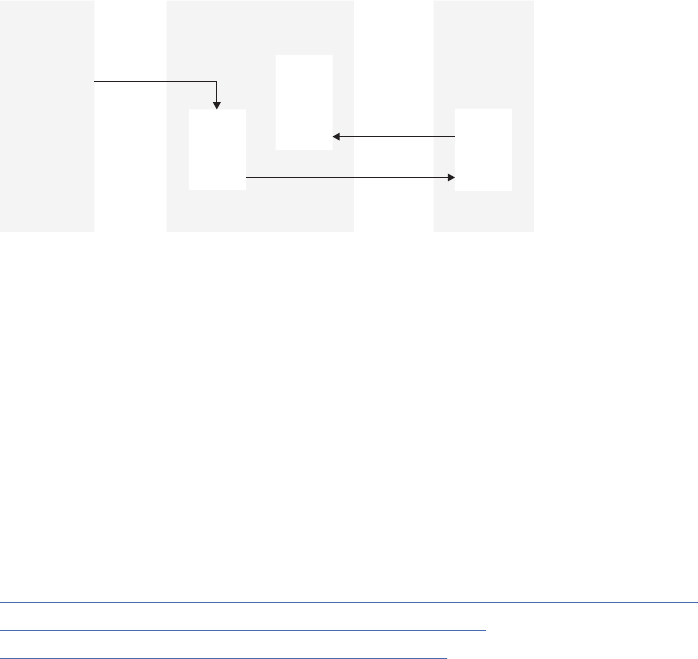
The string is the LUWID, which consists of a fully-qualied LU network name followed by a period
and an LUW instance number. The LU network name consists of a one- to eight-character network ID,
a period, and a one- to eight-character network LU name. The LUW instance number consists of 12
hexadecimal characters that uniquely identify the unit of work.
Reserved area
20 bytes.
Packages for external stored procedures
An external stored procedure must have an associated package.
As part of the process of creating an external stored procedure, you prepare the procedure, which means
that you precompile, compile, link-edit, and bind the application. The result of this process is a Db2
package. You do not need to create a Db2 plan for an external procedure. The procedure runs under the
caller's thread and uses the plan from the client program that calls it.
The calling application can use a Db2 package or plan to execute the CALL statement.
Both the stored procedure package and the calling application plan or package must exist on the server
before you run the calling application.
The following gure shows this relationship between a client program and a stored procedure. In the
gure, the client program, which was bound into package A, issues a CALL statement to program B.
Program B is an external stored procedure in a WLM address space. This external stored procedure was
bound into package B.
Client Program Db2 System Address Space
User ID =
yyyy
User ID =
yyyy
User ID =
xxxx
Program A
.
.
.
EXEC SQL
CALL B
Package
A
Package
B
CALL B
Program
B
Figure 15. Stored procedure run time environment
You can control access to the stored procedure package by specifying the ENABLE bind option when you
bind the package.
In the following situations, the stored procedure might use more than one package:
• You bind a DBRM several times into several versions of the same package, all of which have the same
package name but reside in different package collections. Your stored procedure can switch from one
version to another by using the SET CURRENT PACKAGESET statement.
• The stored procedure calls another program that contains SQL statements. This program has an
associated package. This package must exist at the location where the stored procedure is dened
and at the location where the SQL statements are executed.
Related reference
BIND and REBIND options for packages, plans, and services (Db2 Commands)
BIND PACKAGE subcommand (DSN) (Db2 Commands)
SET CURRENT PACKAGESET statement (Db2 SQL)
Chapter 3. Db2 SQL programming
271

Accessing other sites in an external procedure
External procedures can access tables at other Db2 locations.
About this task
Stored procedures can access tables at other Db2 locations by using three-part object names or
CONNECT statements.
Related concepts
Accessing distributed data by using three-part table names
You can use three-part table names to access data at a remote location through DRDA access.
Accessing non-Db2 resources in your stored procedure
Applications that run in a stored procedures address space can access any resources that are available to
z/OS address spaces. For example, they can access VSAM les, flat les, APPC/MVS conversations, and
IMS or CICS transactions.
About this task
Accessing these resources from a stored procedure can be useful if you want to update older applications.
Suppose that you have existing applications that access non-Db2 resources, but you want to use newer
Db2 applications to access the same data. You do not need to rewrite the application or migrate the data
to Db2. Instead, you can use stored procedures to execute the existing program or access the non-Db2
data directly.
When a stored procedure runs, the stored procedure uses the Recoverable Resource Manager Services
(RRS) for commitment control. When Db2 commits or rolls back work, Db2 coordinates all updates that
are made to recoverable resources by other RRS compliant resource managers in the z/OS system.
Procedure
To access non-Db2 resources in your stored procedure:
1. Consider serializing access to non-Db2 resources within your application.
Not all non-Db2 resources can tolerate concurrent access by multiple TCBs in the same address space.
2. To access CICS, use one of the following methods:
• Stored procedure DSNACICS
• Message Queue Interface (MQI) for asynchronous execution of CICS transactions
• External CICS interface (EXCI) for synchronous execution of CICS transactions
• Advanced Program-to-Program Communication (APPC), using the Common Programming Interface
Communications (CPI Communications) application programming interface
If your system is running a release of CICS that uses z/OS RRS, z/OS RRS controls commitment of all
resources.
3. To access IMS DL/I data, use one of the following methods
• Open Database Access interface (ODBA)
• Stored procedures DSNAIMS and DSNAIMS2
If your system is not running a release of IMS that uses z/OS RRS, take one of the following actions:
• Use the CICS EXCI interface to run a CICS transaction synchronously. That CICS transaction can, in
turn, access DL/I data.
• Invoke IMS transactions asynchronously using the MQI.
• Use APPC through the Common Programming Interface (CPI) Communications application
programming interface.
4. Determine which of the following authorization IDs you want to use to access the non-Db2 resources.
272
Db2 12 for z/OS: Application Programming and SQL Guide (Last updated: 2024-07-30)
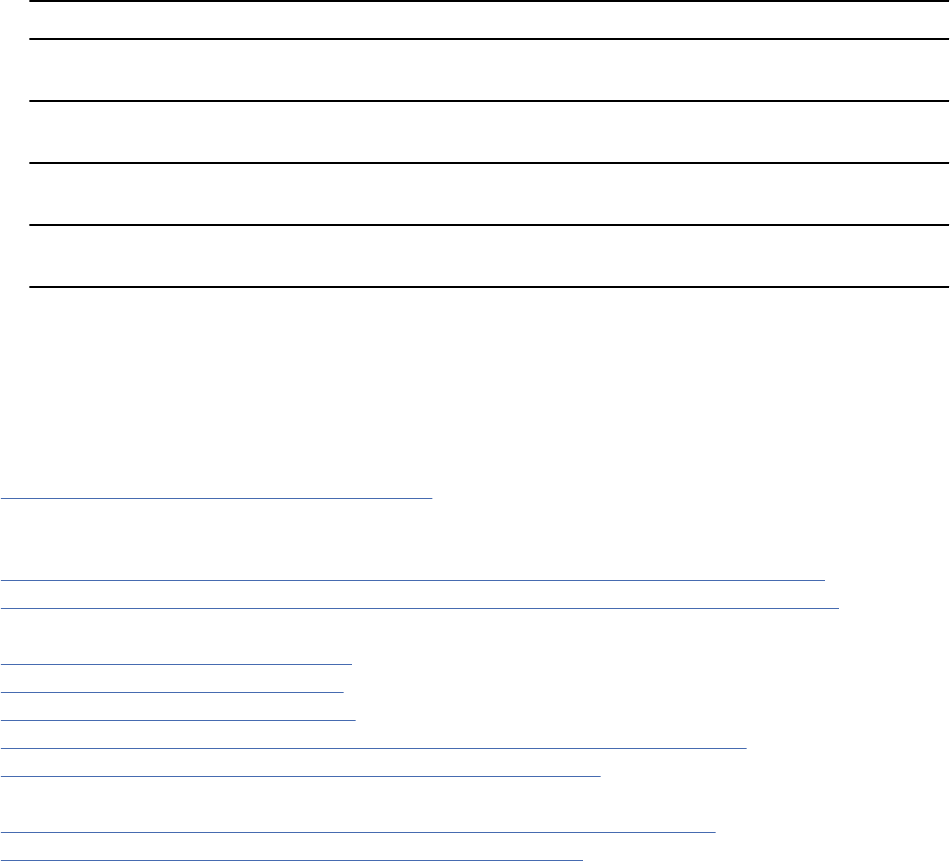
Table 46. Authorization IDs for accessing non-Db2 resources from a stored procedure
ID that you want to use to access the non-Db2
resources
SECURITY value to specify in the CREATE
PROCEDURE statement
The authorization ID that is associated with the
stored procedures address space
SECURITY Db2
The authorization ID under which the CALL
statement is executed
SECURITY USER
The authorization ID under which the CREATE
PROCEDURE statement is executed
SECURITY DEFINER
5. Issue the CREATE PROCEDURE statement with the appropriate SECURITY option that you determined
in the previous step.
Results
When the stored procedure runs, Db2 establishes a RACF environment for accessing non-Db2 resources
and uses the specied authorization ID to access protected z/OS resources.
Related tasks
Calling a stored procedure from your application
To run a stored procedure, you can either call it from a client program or invoke it from the command line
processor.
Implementing RRS for stored procedures during installation (Db2 Installation and Migration)
Controlling stored procedure access to non-Db2 resources by using RACF (Managing Security)
Related reference
DSNACICS stored procedure (Db2 SQL)
DSNAIMS stored procedure (Db2 SQL)
DSNAIMS2 stored procedure (Db2 SQL)
CREATE PROCEDURE statement (SQL - external procedure) (deprecated) (Db2 SQL)
APPC/MVS Conguration (Multiplatform APPC Conguration Guide)
Related information
Db2 for z/OS Stored Procedures: Through the CALL and Beyond (IBM Redbooks)
External CICS interface (EXCI) (CICS Transaction Server for z/OS)
Writing an external procedure to access IMS databases
IMS Open Database Access (ODBA) support lets a Db2 stored procedure connect to an IMS DBCTL or IMS
DB/DC system and issue DL/I calls to access IMS databases.
About this task
ODBA support uses RRS for syncpoint control of Db2 and IMS resources. Therefore, stored procedures
that use ODBA can run only in WLM-established stored procedures address spaces.
When you write a stored procedure that uses ODBA, follow the rules for writing an IMS application
program that issues DL/I calls.
IMS work that is performed in a stored procedure is in the same commit scope as the stored procedure.
As with any other stored procedure, the calling application commits work.
A stored procedure that uses ODBA must issue a DPSB PREP call to deallocate a PSB when all IMS work
under that PSB is complete. The PREP keyword tells IMS to move inflight work to an indoubt state. When
work is in the indoubt state, IMS does not require activation of syncpoint processing when the DPSB
call is executed. IMS commits or backs out the work as part of RRS two-phase commit when the stored
procedure caller executes COMMIT or ROLLBACK.
A sample COBOL stored procedure and client program demonstrate accessing IMS data using the ODBA
interface. The stored procedure source code is in member DSN8EC1 and is prepared by job DSNTEJ61.
Chapter 3. Db2 SQL programming
273
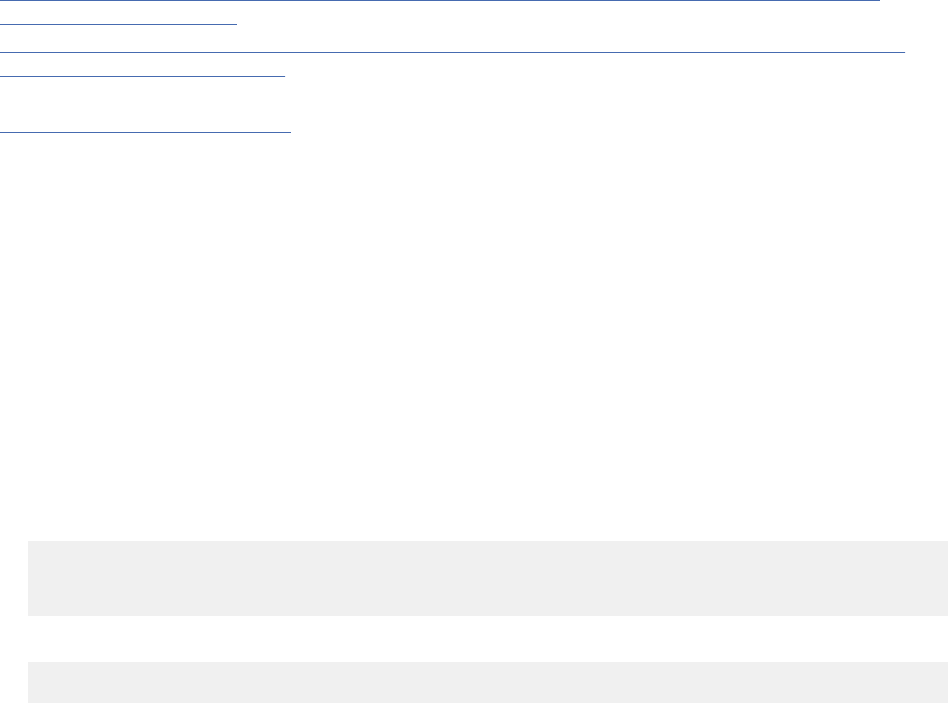
The calling program source code is in member DSN8EC1 and is prepared and executed by job DSNTEJ62.
All code is in data set DSN1210.SDSNSAMP.
The startup procedure for a stored procedures address space in which stored procedures that use ODBA
run must include a DFSRESLB DD statement and an extra data set in the STEPLIB concatenation.
Related concepts
Installation step 21: Congure Db2 for running stored procedures and user-dened functions (Db2
Installation and Migration)
Migration step 23: Congure Db2 for running stored procedures and user-dened functions (optional)
(Db2 Installation and Migration)
Related information
Application programming design
Writing an external procedure to return result sets to a distributed client
An external procedure can return multiple query result sets to a distributed client if the value of DYNAMIC
RESULT SETS in the stored procedure denition is greater than 0.
Procedure
• For each result set you want returned, your stored procedure must complete the following steps:
a) Declare a cursor with the option WITH RETURN.
b) Open the cursor.
c) If the cursor is scrollable, ensure that the cursor is positioned before the rst row of the result
table.
d) Leave the cursor open.
For example, suppose you want to return a result set that contains entries for all employees in
department D11. First, declare a cursor that describes this subset of employees:
EXEC SQL DECLARE C1 CURSOR WITH RETURN FOR
SELECT * FROM DSN8C10.EMP
WHERE WORKDEPT='D11';
Then, open the cursor:
EXEC SQL OPEN C1;
Db2 returns the result set and the name of the SQL cursor for the stored procedure to the client.
When the stored procedure ends, Db2 returns the rows in the query result set to the client.
Db2 does not return result sets for cursors that are closed before the stored procedure terminates.
The stored procedure must execute a CLOSE statement for each cursor associated with a result set
that should not be returned to the DRDA client.
• Use meaningful cursor names for returning result sets.
The name of the cursor that is used to return result sets is made available to the client application
through extensions to the DESCRIBE statement.
Use cursor names that are meaningful to the DRDA client application, especially when the stored
procedure returns multiple result sets.
• You can use any of these objects in the SELECT statement that is associated with the cursor for a result
set:
Tables, synonyms, views, created temporary tables, declared temporary tables, and aliases dened at
the local Db2 subsystem.
• Return a subset of rows to the client by issuing FETCH statements with a result set cursor. does not
return the fetched rows to the client program.
274
Db2 12 for z/OS: Application Programming and SQL Guide (Last updated: 2024-07-30)

Db2 does not return the fetched rows to the client program. For example, if you declare a cursor
WITH RETURN and then execute the statements OPEN, FETCH, and FETCH, the client receives data
beginning with the third row in the result set. If the result set cursor is scrollable and you fetch rows
with it, you need to position the cursor before the rst row of the result table after you fetch the rows
and before the stored procedure ends.
• You can use a created temporary table or declared temporary table to return result sets from a stored
procedure.
This capability can be used to return non-relational data to a DRDA client. For example, you can access
IMS data from a stored procedure by using the following process:
a) Use APPC/MVS to issue an IMS transaction.
b) Receive the IMS reply message, which contains data that should be returned to the client.
c) Insert the data from the reply message into a temporary table.
d) Open a cursor against the temporary table. When the stored procedure ends, the rows from the
temporary table are returned to the client.
Related tasks
Writing a program to receive the result sets from a stored procedure
You can write a program to receive results set from a stored procedure for either a xed number of result
sets, for which you know the contents, or a variable number of result sets, for which you do not know the
contents.
Restrictions when calling other programs from an external stored procedure
An external procedure can consist of more than one program, each with its own package. Your stored
procedure can call other programs, stored procedures, or user-dened functions. Use the facilities of your
programming language to call other programs.
If the stored procedure calls other programs that contain SQL statements, each of those called programs
must have a Db2 package. The owner of the package or plan that contains the CALL statement must have
EXECUTE authority for all packages that the other programs use.
When a stored procedure calls another program, Db2 determines which collection the package of the
called program belongs to in one of the following ways:
• If the stored procedure denition contains PACKAGE PATH with a specied list of collection IDs, Db2
uses those collection IDs. If you also specify COLLID, Db2 ignores that clause.
• If the stored procedure denition contains COLLID collection-id, Db2 uses collection-id.
• If the stored procedure executes SET CURRENT PACKAGE PATH and contains the NO COLLID option,
Db2 uses the CURRENT PACKAGE PATH special register. The package of the called program comes
from the list of collections in the CURRENT PACKAGE PATH special register. For example, assume that
CURRENT PACKAGE PATH contains the list COLL1, COLL2, COLL3, COLL4. Db2 searches for the rst
package (in the order of the list) that exists in these collections.
• If the stored procedure does not execute SET CURRENT PACKAGE PATH and instead executes SET
CURRENT PACKAGESET, Db2 uses the CURRENT PACKAGESET special register. The package of the
called program comes from the collection that is specied in the CURRENT PACKAGESET special
register.
• If both of the following conditions are true, Db2 uses the collection ID of the package that contains the
SQL statement CALL:
– the stored procedure does not execute SET CURRENT PACKAGE PATH or SET CURRENT PACKAGESET
– the stored procedure denition contains the NO COLLID option
When control returns from the stored procedure, the value of the CURRENT PACKAGESET special
register is reset.Db2 restores the value of the CURRENT PACKAGESET special register to the value that
it contained before the client program executed the SQL statement CALL.
Chapter 3. Db2 SQL programming
275

Creating an external stored procedure as reentrant
Reentrant code is code for which a single copy can be used concurrently by two or more processes. For
improved performance, prepare your stored procedures to be reentrant whenever possible
About this task
Reentrant stored procedures can improve performance for the following reasons:
• A reentrant stored procedure does not need to be loaded into storage every time that it is called.
• A single copy of the stored procedure can be shared by multiple tasks in the stored procedures
address space. This sharing decreases the amount of virtual storage that is used for code in the stored
procedures address space.
Procedure
To create an external stored procedure as reentrant:
1. Compile the procedure as reentrant and link-edit it as reentrant and reusable.
For instructions on compiling programs to be reentrant, see the information for the programming
language that you are using. For C and C++ procedures, you can use the z/OS binder to produce
reentrant and reusable load modules.
If your stored procedure cannot be reentrant, link-edit it as non-reentrant and non-reusable. The
non-reusable attribute prevents multiple tasks from using a single copy of the stored procedure at the
same time.
2. Specify STAY RESIDENT YES in the CREATE PROCEDURE or ALTER PROCEDURE statement for the
stored procedure. This option makes a reentrant stored procedure remain in storage.
A non-reentrant stored procedure must not remain in storage. You therefore need to specify STAY
RESIDENT NO in the CREATE PROCEDURE or ALTER PROCEDURE statement for a non-reentrant stored
procedure. STAY RESIDENT NO is the default.
Related concepts
Making programs reentrant (Enterprise COBOL for z/OS Programming Guide)
Related reference
Compiler options (COBOL) (Enterprise COBOL for z/OS Programming Guide)
ALTER PROCEDURE statement (external procedure) (Db2 SQL)
CREATE PROCEDURE statement (external procedure) (Db2 SQL)
Binder options reference (MVS Program Management: User's Guide and Reference)
Language restricted (Enterprise PL/I for z/OS Compiler and Runtime Migration Guide)
Compile-time option descriptions (PL/I) (Enterprise PL/I for z/OS Programming Guide:)
Reentrancy (XL C/C++ User's Guide)
External stored procedures as main programs and subprograms
A stored procedure that runs in a WLM-established address space and uses Language Environment
Release 1.7 or a subsequent release can be either a main program or a subprogram. A stored procedure
that runs as a subprogram can perform better because Language Environment does less processing for it.
In general, a subprogram must do the following extra tasks that Language Environment performs for a
main program:
• Initialization and cleanup processing
• Allocating and freeing storage
• Closing all open les before exiting
When you code stored procedures as subprograms, follow these rules:
• Follow the language rules for a subprogram. For example, you cannot perform I/O operations in a PL/I
subprogram.
276
Db2 12 for z/OS: Application Programming and SQL Guide (Last updated: 2024-07-30)
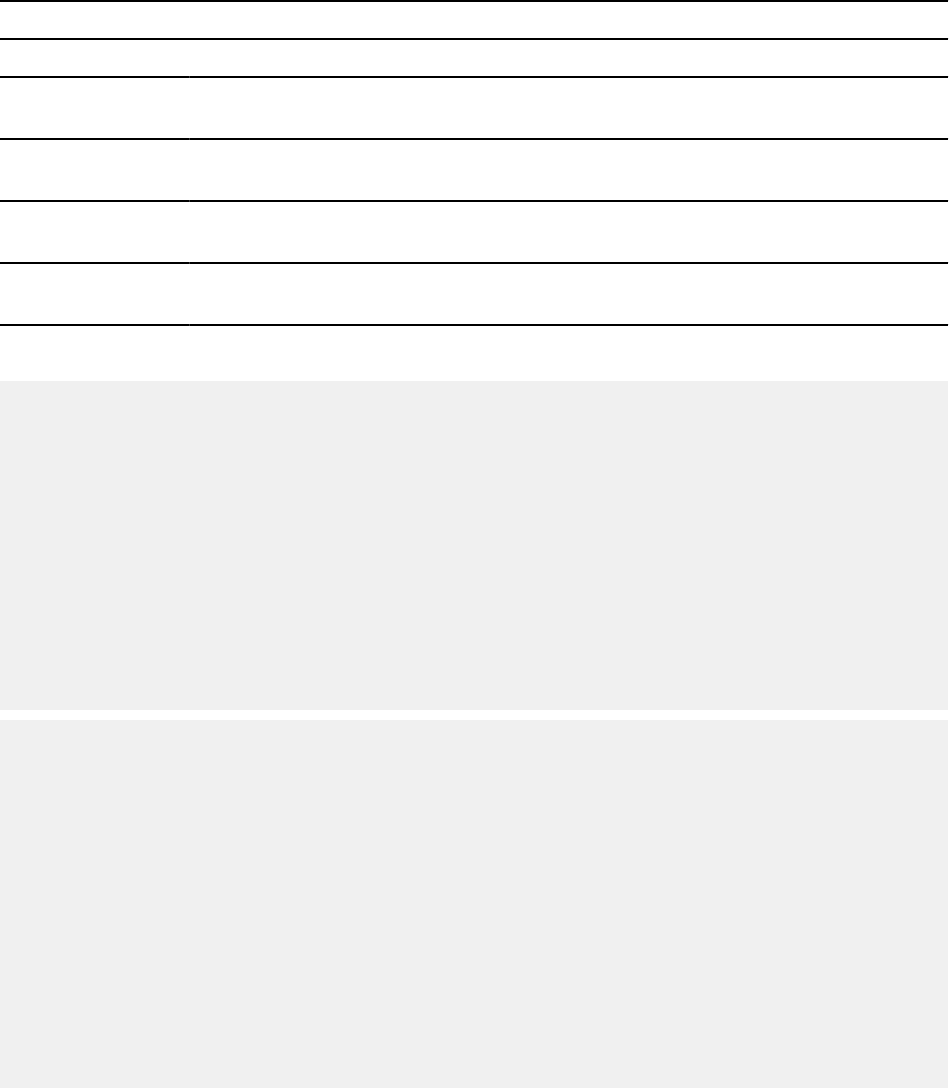
• Avoid using statements that terminate the Language Environment enclave when the program ends.
Examples of such statements are STOP or EXIT in a PL/I subprogram, or STOP RUN in a COBOL
subprogram. If the enclave terminates when a stored procedure ends, and the client program calls
another stored procedure that runs as a subprogram, Language Environment must build a new enclave.
As a result, the benets of coding a stored procedure as a subprogram are lost.
• In COBOL stored procedures that are dened as PROGRAM TYPE SUB and STAY RESIDENT YES, if you
use stored procedure parameters as host variables, set the SQL-INIT-FLAG variable to 0. This variable
is generated by the Db2 precompiler. Setting it to 0 ensures that the SQLDA is updated with the current
addresses.
The following table summarizes the characteristics that dene a main program and a subprogram.
Table 47. Characteristics of main programs and subprograms
Language Main program Subprogram
Assembler MAIN=YES is specied in the invocation
of the CEEENTRY macro.
MAIN=NO is specied in the invocation
of the CEEENTRY macro.
C Contains a main() function. Pass
parameters to it through argc and argv.
A fetchable function. Pass parameters to
it explicitly.
COBOL A COBOL program that ends with
GOBACK
A dynamically loaded subprogram that
ends with GOBACK
PL/I Contains a procedure declared with
OPTIONS(MAIN)
A procedure declared with
OPTIONS(FETCHABLE)
The following code shows an example of coding a C stored procedure as a subprogram.
/******************************************************************/
/* This C subprogram is a stored procedure that uses linkage */
/* convention GENERAL and receives 3 parameters. */
/******************************************************************/
#pragma linkage(cfunc,fetchable)
#include <stdlib.h>
void cfunc(char p1[11],long *p2,short *p3)
{
/****************************************************************/
/* Declare variables used for SQL operations. These variables */
/* are local to the subprogram and must be copied to and from */
/* the parameter list for the stored procedure call. */
/****************************************************************/
EXEC SQL BEGIN DECLARE SECTION;
char parm1[11];
long int parm2;
short int parm3;
EXEC SQL END DECLARE SECTION;
/*************************************************************/
/* Receive input parameter values into local variables. */
/*************************************************************/
strcpy(parm1,p1);
parm2 = *p2;
parm3 = *p3;
/*************************************************************/
/* Perform operations on local variables. */
/*************************************************************/
⋮
/*************************************************************/
/* Set values to be passed back to the caller. */
/*************************************************************/
strcpy(parm1,"SETBYSP");
parm2 = 100;
parm3 = 200;
/*************************************************************/
/* Copy values to output parameters. */
/*************************************************************/
strcpy(p1,parm1);
*p2 = parm2;
Chapter 3. Db2 SQL programming
277
*p3 = parm3;
}
The following code shows an example of coding a C++ stored procedure as a subprogram.
/******************************************************************/
/* This C++ subprogram is a stored procedure that uses linkage */
/* convention GENERAL and receives 3 parameters. */
/* The extern statement is required. */
/******************************************************************/
extern "C" void cppfunc(char p1[11],long *p2,short *p3);
#pragma linkage(cppfunc,fetchable)
#include <stdlib.h>
EXEC SQL INCLUDE SQLCA;
void cppfunc(char p1[11],long *p2,short *p3)
{
/****************************************************************/
/* Declare variables used for SQL operations. These variables */
/* are local to the subprogram and must be copied to and from */
/* the parameter list for the stored procedure call. */
/****************************************************************/
EXEC SQL BEGIN DECLARE SECTION;
char parm1[11];
long int parm2;
short int parm3;
EXEC SQL END DECLARE SECTION;
/*************************************************************/
/* Receive input parameter values into local variables. */
/*************************************************************/
strcpy(parm1,p1);
parm2 = *p2;
parm3 = *p3;
/*************************************************************/
/* Perform operations on local variables. */
/*************************************************************/
⋮
/*************************************************************/
/* Set values to be passed back to the caller. */
/*************************************************************/
strcpy(parm1,"SETBYSP");
parm2 = 100;
parm3 = 200;
/*************************************************************/
/* Copy values to output parameters. */
/*************************************************************/
strcpy(p1,parm1);
*p2 = parm2;
*p3 = parm3;
}
Data types in stored procedures
A stored procedure that is written in any language except REXX must declare each parameter that is
passed to it. The denition for that stored procedure must also contain a compatible SQL data type
declaration for each parameter.
For languages other than REXX
For all data types except LOBs, ROWIDs, locators, and VARCHARs (for C language), see the tables listed in
the following table for the host data types that are compatible with the data types in the stored procedure
denition. You cannot have XML parameters in an external procedure.
For LOBs, ROWIDs, VARCHARs, and locators, the following table shows compatible declarations for the
assembler language.
278
Db2 12 for z/OS: Application Programming and SQL Guide (Last updated: 2024-07-30)
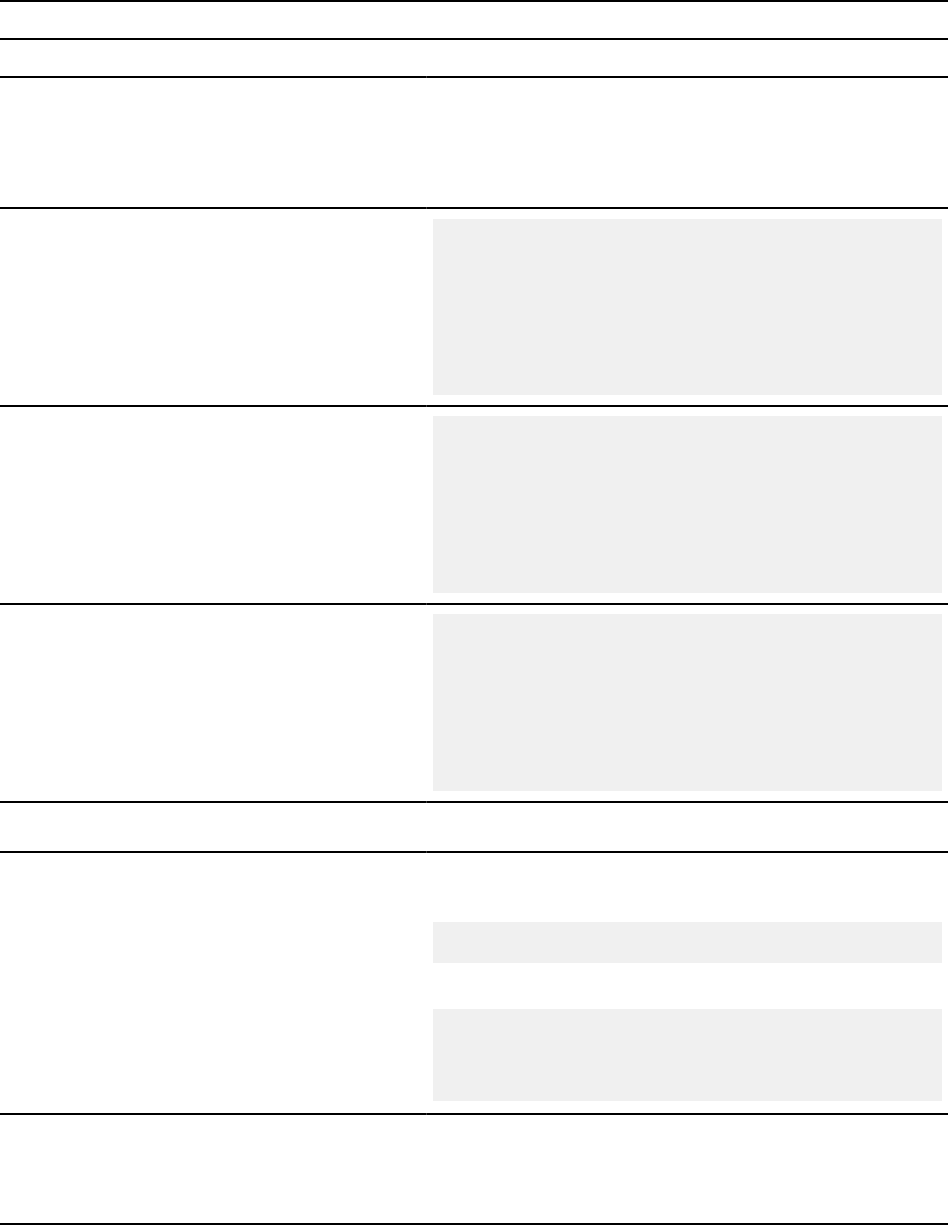
Table 48. Compatible assembler language declarations for LOBs, ROWIDs, and locators
SQL data type in denition Assembler declaration
TABLE LOCATOR
BLOB LOCATOR
CLOB LOCATOR
DBCLOB LOCATOR
DS FL4
BLOB(n)
If n <= 65535:
var DS 0FL4
var_length DS FL4
var_data DS CLn
If n > 65535:
var DS 0FL4
var_length DS FL4
var_data DS CL65535
ORG var_data+(n-65535)
CLOB(n)
If n <= 65535:
var DS 0FL4
var_length DS FL4
var_data DS CLn
If n > 65535:
var DS 0FL4
var_length DS FL4
var_data DS CL65535
ORG var_data+(n-65535)
DBCLOB(n)
If m (=2*n) <= 65534:
var DS 0FL4
var_length DS FL4
var_data DS CLm
If m > 65534:
var DS 0FL4
var_length DS FL4
var_data DS CL65534
ORG var_data+(m-65534)
ROWID
DS HL2,CL40
VARCHAR(n) If PARAMETER VARCHAR NULTERM is specied or
implied:
char data[n+1];
If PARAMETER VARCHAR STRUCTURE is specied:
struct
{short len;
char data[n];
} var;
Note:
1. This row does not apply to VARCHAR(n) FOR BIT DATA. BIT DATA is always passed in a structured
representation.
For LOBs, ROWIDs, and locators, the following table shows compatible declarations for the C language.
Chapter 3. Db2 SQL programming
279
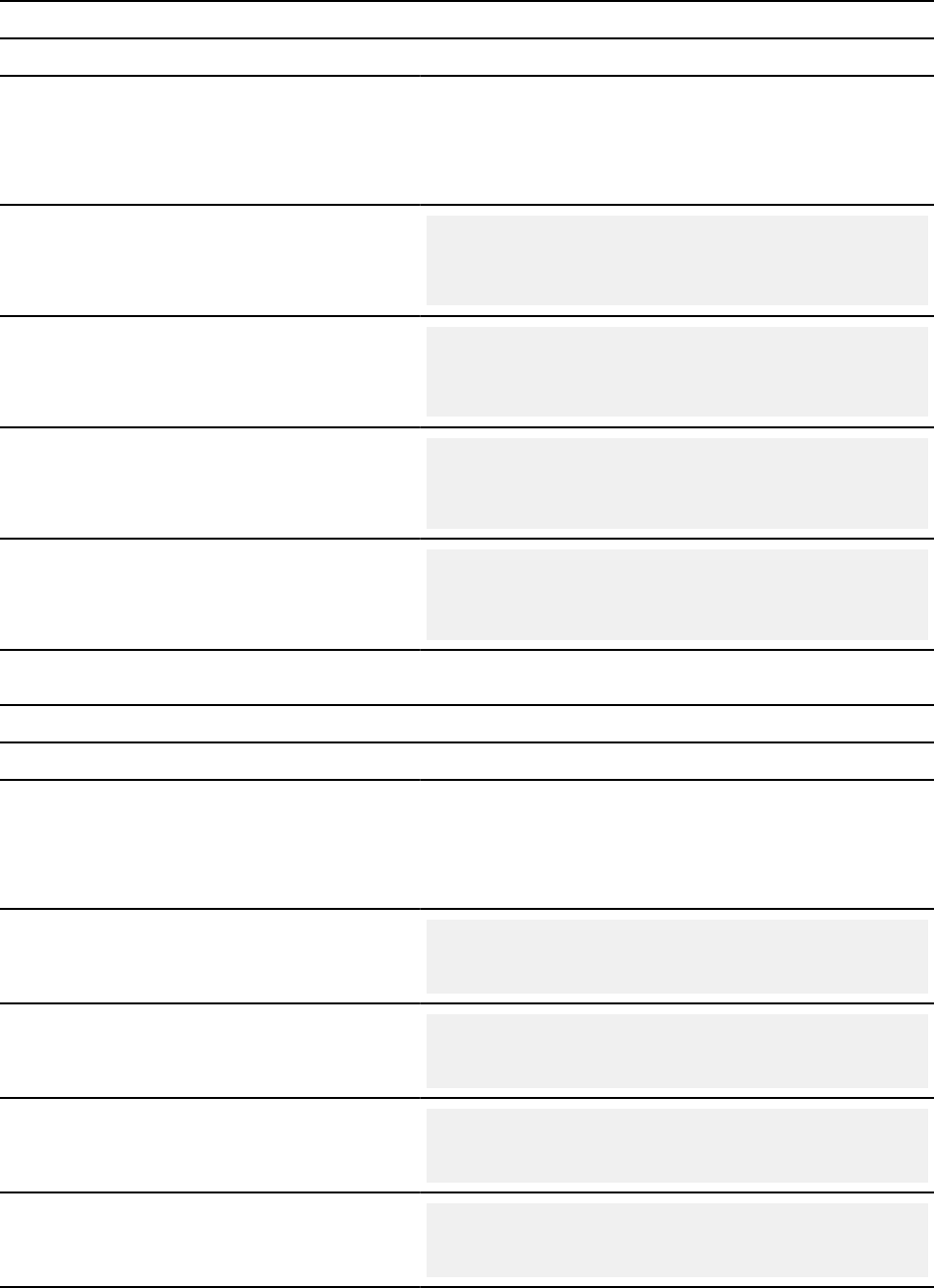
Table 49. Compatible C language declarations for LOBs, ROWIDs, and locators
SQL data type in denition C declaration
TABLE LOCATOR
BLOB LOCATOR
CLOB LOCATOR
DBCLOB LOCATOR
unsigned long
BLOB(n)
struct
{unsigned long length;
char data[n];
} var;
CLOB(n)
struct
{unsigned long length;
char var_data[n];
} var;
DBCLOB(n)
struct
{unsigned long length;
sqldbchar data[n];
} var;
ROWID
struct
{short int length;
char data[40];
} var;
For LOBs, ROWIDs, and locators, the following table shows compatible declarations for COBOL.
Table 50. Compatible COBOL declarations for LOBs, ROWIDs, and locators
SQL data type in denition COBOL declaration
TABLE LOCATOR
BLOB LOCATOR
CLOB LOCATOR
DBCLOB LOCATOR
01 var PIC S9(9) COMP-5.
BLOB(n)
01 var.
49 var-LENGTH PIC S9(9) COMP-5.
49 var-DATA PIC X(n).
CLOB(n)
01 var.
49 var-LENGTH PIC S9(9) COMP-5.
49 var-DATA PIC X(n).
DBCLOB(n)
01 var.
49 var-LENGTH PIC S9(9) COMP-5.
49 var-DATA PIC G(n) DISPLAY-1.
ROWID
01 var.
49 var-LEN PIC S9(4) COMP-5.
49 var-DATA PIC X(40).
For LOBs, ROWIDs, and locators, the following table shows compatible declarations for PL/I.
280
Db2 12 for z/OS: Application Programming and SQL Guide (Last updated: 2024-07-30)

Table 51. Compatible PL/I declarations for LOBs, ROWIDs, and locators
SQL data type in denition PL/I
TABLE LOCATOR
BLOB LOCATOR
CLOB LOCATOR
DBCLOB LOCATOR
BIN FIXED(31)
BLOB(n)
If n <= 32767:
01 var,
03 var_LENGTH
BIN FIXED(31),
03 var_DATA
CHAR(n);
If n > 32767:
01 var,
02 var_LENGTH
BIN FIXED(31),
02 var_DATA,
03 var_DATA1(n)
CHAR(32767),
03 var_DATA2
CHAR(mod(n,32767));
CLOB(n)
If n <= 32767:
01 var,
03 var_LENGTH
BIN FIXED(31),
03 var_DATA
CHAR(n);
If n > 32767:
01 var,
02 var_LENGTH
BIN FIXED(31),
02 var_DATA,
03 var_DATA1(n)
CHAR(32767),
03 var_DATA2
CHAR(mod(n,32767));
DBCLOB(n)
If n <= 16383:
01 var,
03 var_LENGTH
BIN FIXED(31),
03 var_DATA
GRAPHIC(n);
If n > 16383:
01 var,
02 var_LENGTH
BIN FIXED(31),
02 var_DATA,
03 var_DATA1(n)
GRAPHIC(16383),
03 var_DATA2
GRAPHIC(mod(n,16383));
ROWID
CHAR(40) VAR
Chapter 3. Db2 SQL programming281

Tables of results: Each high-level language denition for stored procedure parameters supports only
a single instance (a scalar value) of the parameter. There is no support for structure, array, or vector
parameters. Because of this, the SQL statement CALL limits the ability of an application to return some
kinds of tables. For example, an application might need to return a table that represents multiple
occurrences of one or more of the parameters passed to the stored procedure. Because the SQL
statement CALL cannot return more than one set of parameters, use one of the following techniques
to return such a table:
• Put the data that the application returns in a Db2 table. The calling program can receive the data in one
of these ways:
– The calling program can fetch the rows from the table directly. Specify FOR FETCH ONLY or FOR
READ ONLY on the SELECT statement that retrieves data from the table. A block fetch can retrieve the
required data efciently.
– The stored procedure can return the contents of the table as a result set. See “Writing an external
procedure to return result sets to a distributed client” on page 274 and “Writing a program to receive
the result sets from a stored procedure” on page 770 for more information.
• Convert tabular data to string format and return it as a character string parameter to the calling
program. The calling program and the stored procedure can establish a convention for interpreting the
content of the character string. For example, the SQL statement CALL can pass a 1920-byte character
string parameter to a stored procedure, which enables the stored procedure to return a 24x80 screen
image to the calling program.
Related concepts
Compatibility of SQL and language data types
The host variable data types that are used in SQL statements must be compatible with the data types of
the columns with which you intend to use them.
Installation step 21: Congure Db2 for running stored procedures and user-dened functions (Db2
Installation and Migration)
Migration step 23: Congure Db2 for running stored procedures and user-dened functions (optional)
(Db2 Installation and Migration)
REXX stored procedures
A REXX stored procedure is similar to any other REXX procedure and follows the same rules as stored
procedures in other languages. A REXX stored procedure receives input parameters, executes REXX
commands, optionally executes SQL statements, and returns at most one output parameter. However, a
few differences exist.
A REXX stored procedure is different from other REXX procedures in the following ways:
• A REXX stored procedure must not execute any of the following DSNREXX commands that are used for
the Db2 subsystem thread attachment:
ADDRESS DSNREXX CONNECT
ADDRESS DSNREXX DISCONNECT
CALL SQLDBS ATTACH TO
CALL SQLDBS DETACH
When you execute SQL statements in your stored procedure, Db2 establishes the connection for you.
• A REXX stored procedure must run in a WLM-established stored procedures address space.
• A language REXX stored procedure executes in a background TSO/E REXX environment provided by the
TSO/E environment service IKJTSOEV.
Unlike other stored procedures, you do not prepare REXX stored procedures for execution. REXX stored
procedures run using one of four packages that are bound during the installation of Db2 REXX Language
Support. The current isolation level at which the stored procedure runs depends on the package that Db2
uses when the stored procedure runs:
Package name
Isolation level
282
Db2 12 for z/OS: Application Programming and SQL Guide (Last updated: 2024-07-30)

DSNREXRR
Repeatable read (RR)
DSNREXRS
Read stability (RS)
DSNREXCS
Cursor stability (CS)
DSNREXUR
Uncommitted read (UR)
This topic shows an example of a REXX stored procedure that executes Db2 commands. The stored
procedure performs the following actions:
• Receives one input parameter, which contains a Db2 command.
• Calls the IFI COMMAND function to execute the command.
• Extracts the command result messages from the IFI return area and places the messages in a created
temporary table. Each row of the temporary table contains a sequence number and the text of one
message.
• Opens a cursor to return a result set that contains the command result messages.
• Returns the unformatted contents of the IFI return area in an output parameter.
The following example shows the denition of the stored procedure.
CREATE PROCEDURE COMMAND(IN CMDTEXT VARCHAR(254), OUT CMDRESULT VARCHAR(32704))
LANGUAGE REXX
EXTERNAL NAME COMMAND
NO COLLID
ASUTIME NO LIMIT
PARAMETER STYLE GENERAL
STAY RESIDENT NO
RUN OPTIONS 'TRAP(ON)'
WLM ENVIRONMENT WLMENV1
SECURITY DB2
DYNAMIC RESULT SETS 1
COMMIT ON RETURN NO;
The following example shows the COMMAND stored procedure that executes Db2 commands.
/* REXX */
PARSE UPPER ARG CMD /* Get the DB2 command text */
/* Remove enclosing quotation marks */
IF LEFT(CMD,1) = "'" & RIGHT(CMD,1) = "'" THEN
CMD = SUBSTR(CMD,2,LENGTH(CMD)-2)
ELSE
IF LEFT(CMD,1) = '"' & RIGHT(CMD,1) = '"' THEN
CMD = SUBSTR(CMD,2,LENGTH(CMD)-2)
COMMAND = SUBSTR("COMMAND",1,18," ")
/****************************************************************/
/* Set up the IFCA, return area, and output area for the */
/* IFI COMMAND call. */
/****************************************************************/
IFCA = SUBSTR('00'X,1,180,'00'X)
IFCA = OVERLAY(D2C(LENGTH(IFCA),2),IFCA,1+0)
IFCA = OVERLAY("IFCA",IFCA,4+1)
RTRNAREASIZE = 262144 /*1048572*/
RTRNAREA = D2C(RTRNAREASIZE+4,4)LEFT(' ',RTRNAREASIZE,' ')
OUTPUT = D2C(LENGTH(CMD)+4,2)||'0000'X||CMD
BUFFER = SUBSTR(" ",1,16," ")
/****************************************************************/
/* Make the IFI COMMAND call. */
/****************************************************************/
ADDRESS LINKPGM "DSNWLIR COMMAND IFCA RTRNAREA OUTPUT"
WRC = RC
RTRN= SUBSTR(IFCA,12+1,4)
REAS= SUBSTR(IFCA,16+1,4)
TOTLEN = C2D(SUBSTR(IFCA,20+1,4))
/****************************************************************/
/* Set up the host command environment for SQL calls. */
/****************************************************************/
"SUBCOM DSNREXX" /* Host cmd env available? */
Chapter 3. Db2 SQL programming
283

IF RC THEN /* No--add host cmd env */
S_RC = RXSUBCOM('ADD','DSNREXX','DSNREXX')
/****************************************************************/
/* Set up SQL statements to insert command output messages */
/* into a temporary table. */
/****************************************************************/
SQLSTMT='INSERT INTO SYSIBM.SYSPRINT(SEQNO,TEXT) VALUES(?,?)'
ADDRESS DSNREXX "EXECSQL DECLARE C1 CURSOR FOR S1"
IF SQLCODE ¬= 0 THEN CALL SQLCA
ADDRESS DSNREXX "EXECSQL PREPARE S1 FROM :SQLSTMT"
IF SQLCODE ¬= 0 THEN CALL SQLCA
/****************************************************************/
/* Extract messages from the return area and insert them into */
/* the temporary table. */
/****************************************************************/
SEQNO = 0
OFFSET = 4+1
DO WHILE ( OFFSET < TOTLEN )
LEN = C2D(SUBSTR(RTRNAREA,OFFSET,2))
SEQNO = SEQNO + 1
TEXT = SUBSTR(RTRNAREA,OFFSET+4,LEN-4-1)
ADDRESS DSNREXX "EXECSQL EXECUTE S1 USING :SEQNO,:TEXT"
IF SQLCODE ¬= 0 THEN CALL SQLCA
OFFSET = OFFSET + LEN
END
/****************************************************************/
/* Set up a cursor for a result set that contains the command */
/* output messages from the temporary table. */
/****************************************************************/
SQLSTMT='SELECT SEQNO,TEXT FROM SYSIBM.SYSPRINT ORDER BY SEQNO'
ADDRESS DSNREXX "EXECSQL DECLARE C2 CURSOR FOR S2"
IF SQLCODE ¬= 0 THEN CALL SQLCA
ADDRESS DSNREXX "EXECSQL PREPARE S2 FROM :SQLSTMT"
IF SQLCODE ¬= 0 THEN CALL SQLCA
/****************************************************************/
/* Open the cursor to return the message output result set to */
/* the caller. */
/****************************************************************/
ADDRESS DSNREXX "EXECSQL OPEN C2"
IF SQLCODE ¬= 0 THEN CALL SQLCA
S_RC = RXSUBCOM('DELETE','DSNREXX','DSNREXX') /* REMOVE CMD ENV */
EXIT SUBSTR(RTRNAREA,1,TOTLEN+4)
/****************************************************************/
/* Routine to display the SQLCA */
/****************************************************************/
SQLCA:
SAY 'SQLCODE ='SQLCODE
SAY 'SQLERRMC ='SQLERRMC
SAY 'SQLERRP ='SQLERRP
SAY 'SQLERRD ='SQLERRD.1',',
|| SQLERRD.2',',
|| SQLERRD.3',',
|| SQLERRD.4',',
|| SQLERRD.5',',
|| SQLERRD.6
SAY 'SQLWARN ='SQLWARN.0',',
|| SQLWARN.1',',
|| SQLWARN.2',',
|| SQLWARN.3',',
|| SQLWARN.4',',
|| SQLWARN.5',',
|| SQLWARN.6',',
|| SQLWARN.7',',
|| SQLWARN.8',',
|| SQLWARN.9',',
|| SQLWARN.10
SAY 'SQLSTATE='SQLSTATE
SAY 'SQLCODE ='SQLCODE
EXIT 'SQLERRMC ='SQLERRMC';' ,
|| 'SQLERRP ='SQLERRP';' ,
|| 'SQLERRD ='SQLERRD.1',',
|| SQLERRD.2',',
|| SQLERRD.3',',
|| SQLERRD.4',',
|| SQLERRD.5',',
|| SQLERRD.6';' ,
|| 'SQLWARN ='SQLWARN.0',',
|| SQLWARN.1',',
284
Db2 12 for z/OS: Application Programming and SQL Guide (Last updated: 2024-07-30)
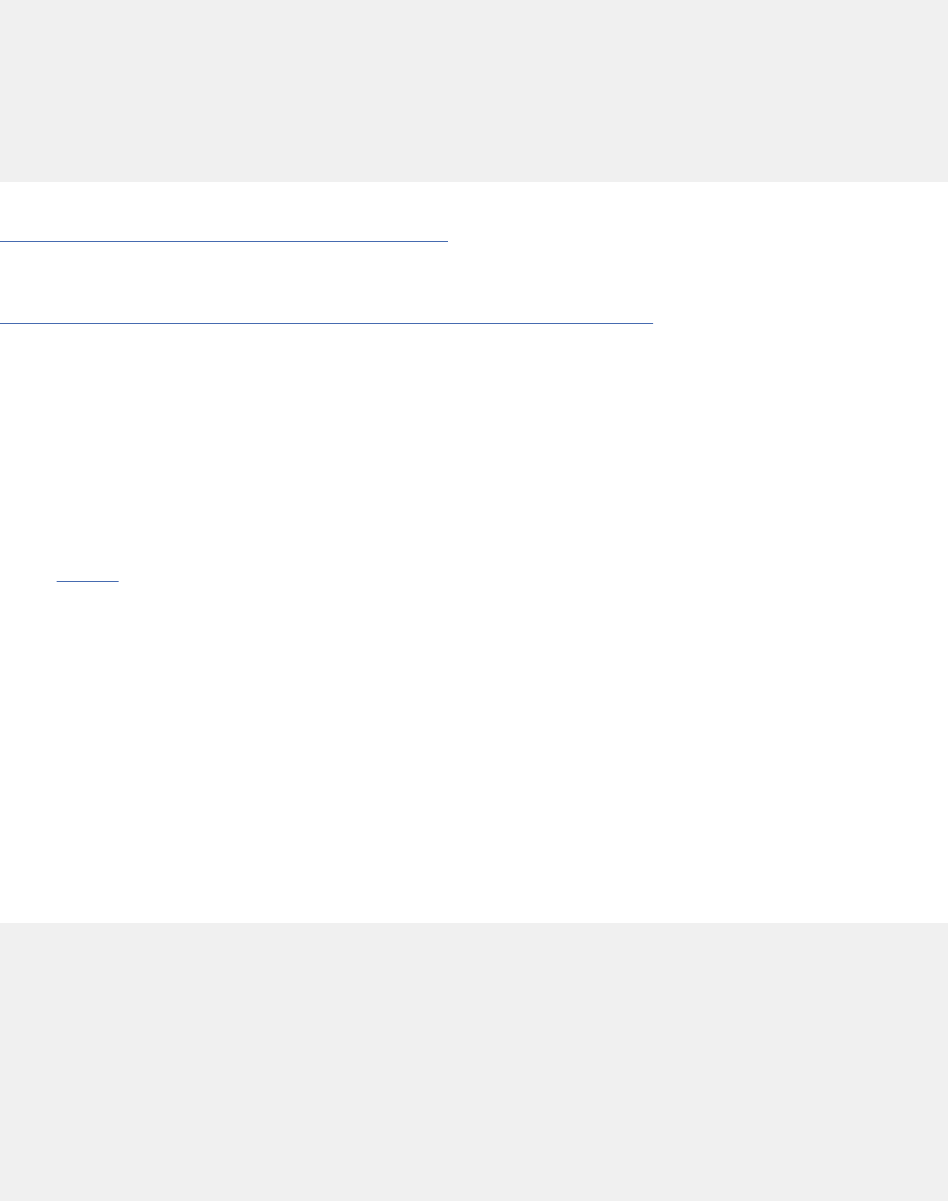
|| SQLWARN.2',',
|| SQLWARN.3',',
|| SQLWARN.4',',
|| SQLWARN.5',',
|| SQLWARN.6',',
|| SQLWARN.7',',
|| SQLWARN.8',',
|| SQLWARN.9',',
|| SQLWARN.10';' ,
|| 'SQLSTATE='SQLSTATE';'
Related reference
Calling a stored procedure from a REXX procedure
The format of the parameters that you pass in the CALL statement in a REXX procedure must be
compatible with the data types of the parameters in the CREATE PROCEDURE statement.
TSO/E services available under IKJTSOEV (TSO/E Programming Services)
Modifying an external stored procedure denition
You can modify the denition of an external stored procedure or the stored procedure source code. In
either case, you need to prepare the stored procedure again.
Procedure
To modify an external stored procedure denition:
1. Issue one of the following:
• FL 507
The CREATE PROCEDURE statement with the OR REPLACE clause and the SPECIFIC clause
in the following cases:
– When the parameter list of the existing procedure includes a table parameter.
– When the CREATE statement species changes to the parameter list other than parameter
names.
• The ALTER PROCEDURE statement with the appropriate options.
This new denition replaces the existing denition.
2. Prepare the external stored procedure again, as you did when you originally created the external
stored procedure.
Example
Suppose that an existing C stored procedure was dened with the following statement:
CREATE PROCEDURE B(IN V1 INTEGER, OUT V2 CHAR(9))
LANGUAGE C
DETERMINISTIC
NO SQL
EXTERNAL NAME SUMMOD
COLLID SUMCOLL
ASUTIME LIMIT 900
PARAMETER STYLE GENERAL WITH NULLS
STAY RESIDENT NO
RUN OPTIONS 'MSGFILE(OUTFILE),RPTSTG(ON),RPTOPTS(ON)'
WLM ENVIRONMENT PAYROLL
PROGRAM TYPE MAIN
SECURITY DB2
DYNAMIC RESULT SETS 10
COMMIT ON RETURN NO;
Assume that you need to make the following changes to the stored procedure denition:
• The stored procedure selects data from Db2 tables but does not modify Db2 data.
• The parameters can have null values, and the stored procedure can return a diagnostic string.
• The length of time that the stored procedure runs is unlimited.
Chapter 3. Db2 SQL programming
285

• If the stored procedure is called by another stored procedure or a user-dened function, the stored
procedure uses the WLM environment of the caller.
Either of the following statements can make these changes:
CREATE OR REPLACE PROCEDURE B(IN V1 INTEGER, OUT V2 CHAR(9))
LANGUAGE C
DETERMINISTIC
READS SQL DATA
EXTERNAL NAME SUMMOD
COLLID SUMCOLL
ASUTIME NO LIMIT
PARAMETER STYLE SQL
STAY RESIDENT NO
RUN OPTIONS 'MSGFILE(OUTFILE),RPTSTG(ON),RPTOPTS(ON)'
WLM ENVIRONMENT (PAYROLL,*)
PROGRAM TYPE MAIN
SECURITY DB2
DYNAMIC RESULT SETS 10
COMMIT ON RETURN NO;
ALTER PROCEDURE B
READS SQL DATA
ASUTIME NO LIMIT
PARAMETER STYLE SQL
WLM ENVIRONMENT (PAYROLL,*);
Related tasks
Creating external stored procedures
An external stored procedure is a procedure that is written in a host language and can contain SQL
statements. The source code for external procedures is separate from the denition.
Related reference
ALTER PROCEDURE statement (external procedure) (Db2 SQL)
Creating external SQL procedures (deprecated)
An external SQL procedure is a procedure whose body is written entirely in SQL. The body is written in
the SQL procedural language (SQL PL). However, an external SQL procedure is created, implemented, and
executed like other external stored procedures. All SQL procedures that were created prior to DB2 9 are
external SQL procedures.
Before you begin
Deprecated function: External SQL procedures are deprecated and not as fully supported as native
SQL procedures. For best results, create native SQL procedures instead. For more information, see
“Creating native SQL procedures” on page 226 and “Migrating an external SQL procedure to a native
SQL procedure” on page 287.
Before you create an external SQL procedure, Congure Db2 for running stored procedures and user-
dened functions during installation or Congure Db2 for running stored procedures and user-dened
functions during migration.
If you plan to use the Db2 stored procedure debugger or the Unied Debugger, do not use JCL. Use
DSNTPSMP instead.
If you plan to use DSNTPSMP, you must set up support for external SQL procedures.
Procedure
To create an external SQL procedure:
1. Use one of the following methods to create the external SQL procedure:
• IBM Data Studio. See Developing database routines (IBM Data Studio, IBM Optim Database
Administrator, IBM infoSphere Data Architect, IBM Optim Development Studio).
• Use JCL
286
Db2 12 for z/OS: Application Programming and SQL Guide (Last updated: 2024-07-30)

• Use the Db2 for z/OS SQL procedure processor (DSNTPSMP)
The preceding methods that you use to create an external SQL procedure perform the following
actions:
• Convert the external SQL procedure source statements into a C language program by using the Db2
precompiler
• Create an executable load module and a Db2 package from the C language program.
• Dene the external SQL procedure to Db2 by issuing a CREATE PROCEDURE statement either
statically or dynamically.
2. Authorize the appropriate users to use the stored procedure by issuing the GRANT EXECUTE
statement.
Example
For examples of how to prepare and run external SQL procedures, see “Sample programs to help you
prepare and run external SQL procedures” on page 302.
Related concepts
SQL procedures
An SQL procedure is a stored procedure that contains only SQL statements.
Related tasks
Implementing Db2 stored procedures (Db2 Administration Guide)
Related reference
CREATE PROCEDURE statement (SQL - external procedure) (deprecated) (Db2 SQL)
GRANT statement (function or procedure privileges) (Db2 SQL)
Migrating an external SQL procedure to a native SQL procedure
You can migrate an existing external SQL procedure, which is deprecated, to a native SQL procedure by
dropping the existing procedure and creating it again as a native SQL procedure. Native SQL procedures
are more fully supported, easier to maintain, and typically perform better than external SQL procedures,
which are deprecated.
Before you begin
If you created the external SQL procedure in a previous release of Db2, consider the release
incompatibilities for applications that use stored procedures, examine your external SQL procedure
source code, and make any necessary adjustments. See Application and SQL release incompatibilities
(Db2 for z/OS What's New?).
About this task
A native SQL procedure is a procedure whose body is written entirely in SQL. The body is written
in the SQL procedural language (SQL PL). A native SQL procedure is created by issuing a single SQL
statement, CREATE PROCEDURE. Native SQL procedures do not require any other program preparation,
such as precompiling, compiling, or link-editing source code. Native SQL procedures are executed as SQL
statements that are bound in a Db2 package. Native SQL procedures do not have an associated external
application program. Native SQL procedures are more fully supported, easier to maintain, and typically
perform better than external SQL procedures, which are deprecated.
An external SQL procedure is a procedure whose body is written entirely in SQL. The body is written in
the SQL procedural language (SQL PL). However, an external SQL procedure is created, implemented, and
executed like other external stored procedures.
Procedure
To migrate an external SQL procedure to a native SQL procedure, complete the following steps:
1. Find and save the existing CREATE PROCEDURE and GRANT EXECUTE statements for the existing
external SQL procedure.
Chapter 3. Db2 SQL programming
287
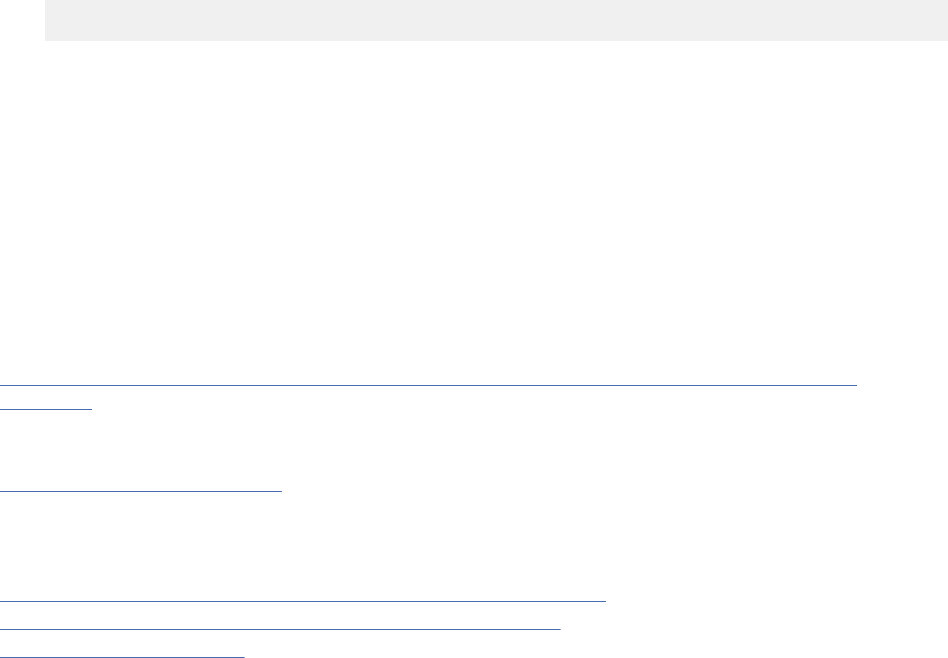
2. Drop the existing external SQL procedure by using the DROP PROCEDURE statement.
3. Re-create the procedure as a native SQL procedure by using the same CREATE PROCEDURE statement
that you used to originally create the procedure, with both of the following changes:
• If the procedure was dened with the options FENCED or EXTERNAL, remove these keywords.
• Either remove the WLM ENVIRONMENT keyword, or add the FOR DEBUG MODE clause.
• If the procedure body contains statements with unqualied names that could refer to either a
column or an SQL variable or parameter, qualify these names. Otherwise, you might need to change
the statement.
Db2 resolves these names differently depending on whether the procedure is an external SQL
procedure or a native SQL procedure. For external SQL procedures, Db2 rst treats the name as a
variable or parameter if one exists with that name. For native SQL procedures, Db2 rst treats the
name as a column if a column exists with that name. For example, consider the following statement:
CREATE PROCEDURE P1 (INOUT C1 INT) ... SELECT C1 INTO xx FROM T1
In the preceding example, if P1 is an external SQL procedure, C1 is a parameter. For native SQL
procedures, C1 is a column in table T1. If such a column does not exist, C1 is a parameter.
4. Issue the same GRANT EXECUTE statements that you used to originally grant privileges for this stored
procedure.
5. Increase the value of the TIME parameter on the job statement for applications that call stored
procedures.
Important: This change is necessary because time for SQL external stored procedures is charged to
the WLM address space, while time for native SQL stored procedures is charged to the address space
of the task.
6. Test your new native SQL procedure.
Related tasks
Using the Db2 precompiler to assist you in converting an external SQL procedure to a native SQL
procedure
The Db2 precompiler can be useful when considering any conversion of an external SQL procedure to a
native SQL procedure.
Creating native SQL procedures
A native SQL procedure is a procedure whose body is written entirely in SQL and is created by issuing a
single SQL statement, CREATE PROCEDURE.
Related reference
CREATE PROCEDURE statement (SQL - native procedure) (Db2 SQL)
GRANT statement (function or procedure privileges) (Db2 SQL)
DROP statement (Db2 SQL)
Using the Db2 precompiler to assist you in converting an external SQL procedure to a native SQL procedure
The Db2 precompiler can be useful when considering any conversion of an external SQL procedure to a
native SQL procedure.
About this task
Use the Db2 precompiler to inspect the SQL procedure source from a native SQL PL perspective. A
listing is produced that helps to isolate problems and incompatibilities between external and native SQL
procedure coding. Source changes can then be made before making any changes in Db2.
Procedure
To inspect the quality of native SQL PL source coding using the Db2 precompiler:
1. Copy the original SQL PL source code to a FB80 data set. Reformat the source as needed to t within
the precompiler margins.
288
Db2 12 for z/OS: Application Programming and SQL Guide (Last updated: 2024-07-30)

2. Precompile the SQL PL source by executing program DSNHPSM with the HOST(SQLPL) option.
3. Inspect the produced listing (SYSPRINT). Pay attention to error and warning messages.
4. Modify the SQL PL source to address coding problems that are identied by messages in the listing.
5. Repeat steps “1” on page 288 - “4” on page 289 until all error and warning messages are resolved.
Then address informational messages as needed.
6. Copy the modied SQL PL source le back to its original source format, reformatting as needed.
Results
Sample JCL DSNTEJ67 demonstrates this process for an external SQL procedure that was produced using
the Db2 SQL procedure processor DSNTPSMP.
Related tasks
Migrating an external SQL procedure to a native SQL procedure
You can migrate an existing external SQL procedure, which is deprecated, to a native SQL procedure by
dropping the existing procedure and creating it again as a native SQL procedure. Native SQL procedures
are more fully supported, easier to maintain, and typically perform better than external SQL procedures,
which are deprecated.
Related reference
Sample programs to help you prepare and run external SQL procedures
Db2 provides sample jobs to help you prepare and run external SQL procedures. All samples are in data
set DSN1210.SDSNSAMP. Before you can run the samples, you must customize them for your installation.
Creating an external SQL procedure by using DSNTPSMP
The SQL procedure processor, DSNTPSMP, is one of several methods that you can use to create and
prepare an external SQL procedure. DSNTPSMP is a REXX stored procedure that you can invoke from your
application program.
Before you begin
Deprecated function: External SQL procedures are deprecated and not as fully supported as native
SQL procedures. For best results, create native SQL procedures instead. For more information, see
“Creating native SQL procedures” on page 226
and “Migrating an external SQL procedure to a native
SQL procedure” on page 287.
Set up support for external SQL procedures. For more information, see Setting up support for external SQL
procedures (Db2 Installation and Migration).
Also ensure that you have the required authorizations, as indicated in the following table, for invoking
DSNTPSMP.
Table 52. Required authorizations for invoking DSNTPSMP
Required authorization Associated syntax for the authorization
Procedure privilege to run application programs
that invoke the stored procedure.
EXECUTE ON PROCEDURE SYSPROC.DSNTPSMP
Collection privilege to use BIND to create packages
in the specied collection. You can use an asterisk
(*) as the identier for a collection.
CREATE ON COLLECTION collection-id
Package privilege to use BIND or REBIND to bind
packages in the specied collection.
BIND ON PACKAGE collection-id.*
System privilege to use BIND with the ADD option
to create packages and plans.
BINDADD
Chapter 3. Db2 SQL programming289
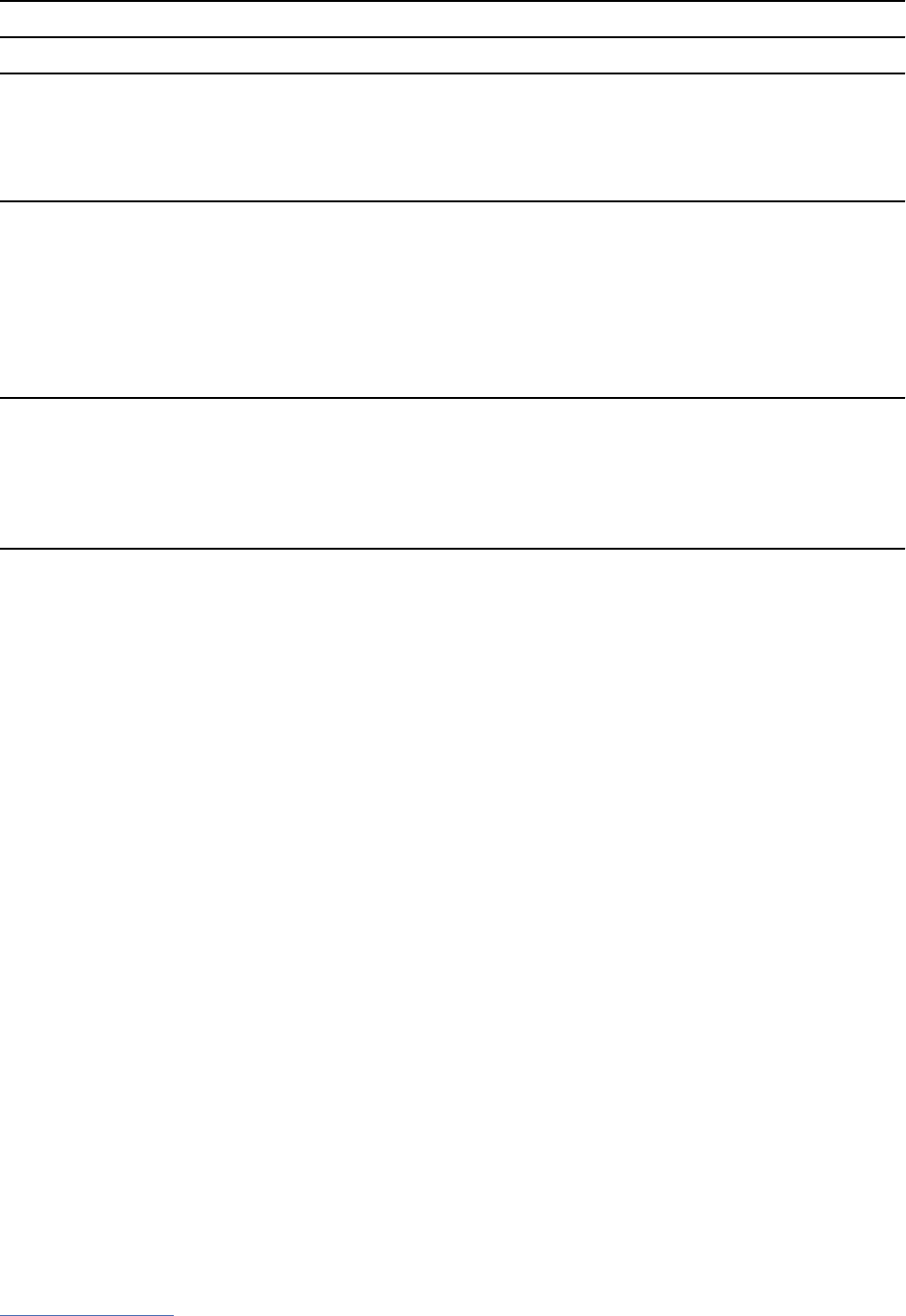
Table 52. Required authorizations for invoking DSNTPSMP (continued)
Required authorization Associated syntax for the authorization
Schema privilege to create, alter, or drop
stored procedures in the specied schema. The
BUILDOWNER authorization ID must have the
CREATEIN privilege on the schema. You can use an
asterisk (*) as the identier for a schema.
CREATEIN, ALTERIN, DROPIN ON SCHEMA
schema-name
Table privileges to select or delete from, insert into,
or update the specied catalog tables.
SELECT ON TABLE SYSIBM.SYSROUTINES
SELECT ON TABLE SYSIBM.SYSPARMS
SELECT, INSERT, UPDATE, DELETE ON TABLE
SYSIBM.SYSROUTINES_SRC
SELECT, INSERT, UPDATE, DELETE ON TABLE
SYSIBM.SYSROUTINES_OPTS
ALL ON TABLE SYSIBM.SYSPSMOUT
Any privileges that are required for the SQL
statements and that are contained within the
SQL procedure body. These privileges must be
associated with the OWNER authorization-id that
is specied in your bind options. The default owner
is the user that is invoking DSNTPSMP.
Syntax varies depending on the SQL procedure
body
Procedure
To create an external SQL procedure by using DSNTPSMP:
1. Write an application program that calls DSNTPSMP. Include the following items in your program:
• A CLOB host variable that contains a CREATE PROCEDURE statement for the external SQL procedure.
That statement should include the FENCED keyword or the EXTERNAL keyword, and the procedure
body, which is written in SQL.
Alternatively, instead of dening a host variable for the CREATE PROCEDURE statement, you can
store the statement in a data set member.
• An SQL CALL statement with the BUILD function. The CALL statement should use the proper syntax
for invoking DSNTPSMP.
Pass the SQL procedure source to DSNTPSMP as one of the following input parameters:
SQL-procedure-source
Use this parameter if you dened a host variable in your application to contain the CREATE
PROCEDURE statement.
source-data-set-name
Use this parameter if you stored the CREATE PROCEDURE statement in a data set.
• Based on the return value from the CALL statement, issue either an SQL COMMIT or a ROLLBACK
statement. If the return value is 0 or 4, issue a COMMIT statement. Otherwise, issue a ROLLBACK
statement.
You must process the result set before issuing the COMMIT or ROLLBACK statement.
A QUERYLEVEL request must be followed by the COMMIT statement.
2. Precompile, compile, and link-edit the application program.
3. Bind a package for the application program.
4. Run the application program.
Related concepts
SQL procedure body
290
Db2 12 for z/OS: Application Programming and SQL Guide (Last updated: 2024-07-30)
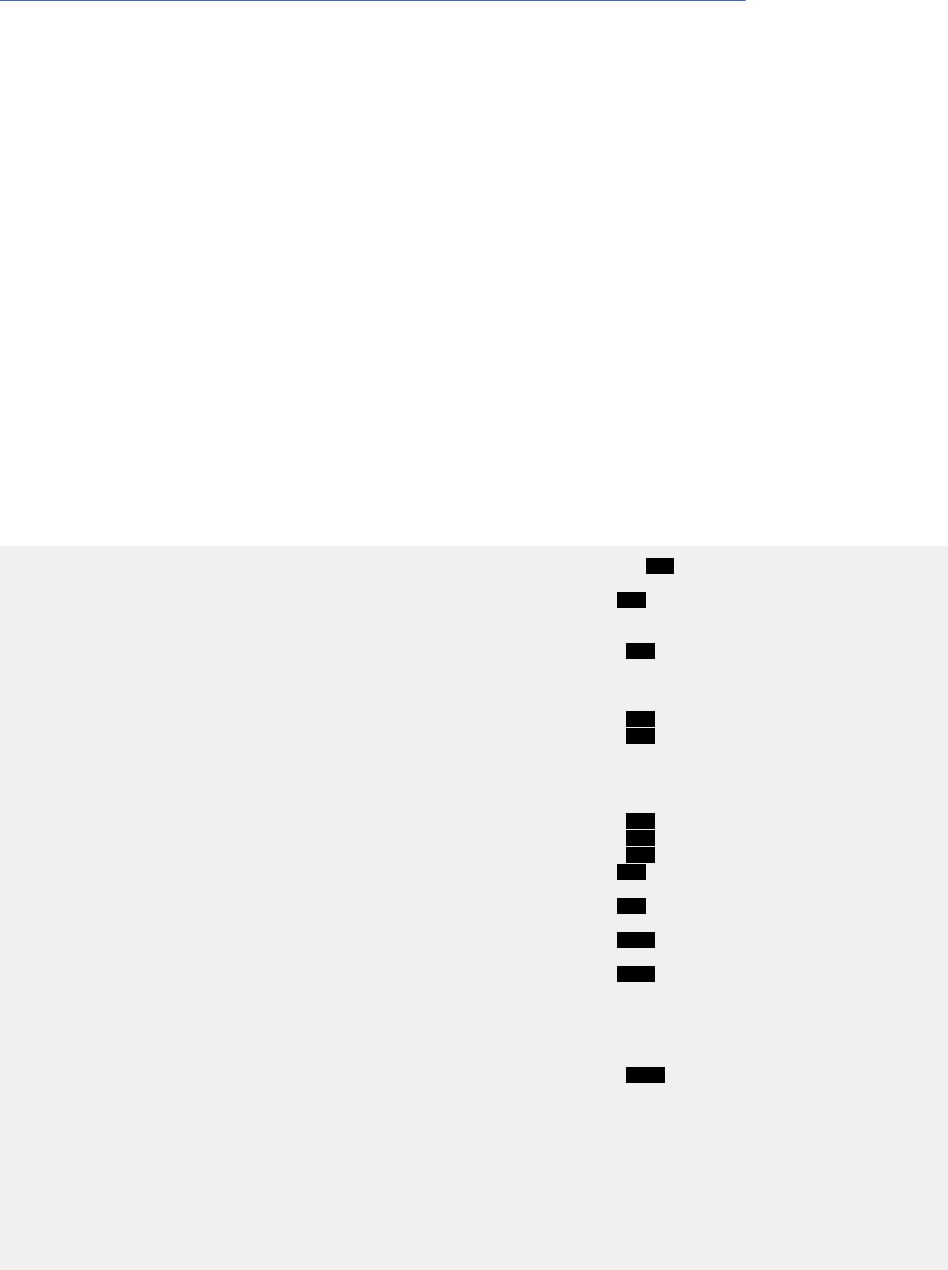
The body of an SQL procedure contains one or more SQL statements. In the SQL procedure body, you can
also declare and use variables, conditions, return codes, statements, cursors, and handlers.
Related reference
CREATE PROCEDURE statement (SQL - external procedure) (deprecated) (Db2 SQL)
Db2 for z/OS SQL procedure processor (DSNTPSMP)
The SQL procedure processor, DSNTPSMP, is a REXX stored procedure that you can use to prepare an
external SQL procedure for execution.
You can also use DSNTPSMP to perform selected steps in the preparation process or delete an existing
external SQL procedure. DSNTPSMP is the only preparation method for enabling external SQL procedures
to be debugged with either the SQL Debugger or the Unied Debugger.
DSNTPSMP requires that your system EBCDIC CCSID also be compatible with the C compiler. Using an
incompatible CCSID results in compile-time errors. Examples of incompatible CCSIDs include 290, 930,
1026, and 1155. If your system EBCDIC CCSID is not compatible, do not just change it. Contact IBM
Support for help.
Sample startup procedure for a WLM address space for DSNTPSMP
You must run DSNTPSMP in a WLM-established stored procedures address space. You should run only
DSNTPSMP in that address space, and you must limit the address space to run only one task concurrently.
This example shows how to set up a WLM address space for DSNTPSMP.
Recommendation: Use the core WLM environment DSNWLM_REXX. Job DSNTIJMV creates an address
space procedure called DSNWLMR for this environment.
The following example shows sample JCL for a startup procedure for the address space in which
DSNTPSMP runs.
//DSNWLMR PROC DB2SSN=DSN,NUMTCB=1,APPLENV=DSNWLM_REXX 1
//*
//WLMTPSMP EXEC PGM=DSNX9WLM,TIME=1440, 2
// PARM='&DB2SSN,&NUMTCB,&APPLENV',
// REGION=0M,DYNAMNBR=10
//STEPLIB DD DISP=SHR,DSN=DSN1010.SDSNEXIT 3
// DD DISP=SHR,DSN=DSN1010.SDSNLOAD
// DD DISP=SHR,DSN=CBC.SCCNCMP
// DD DISP=SHR,DSN=CEE.SCEERUN
// DD DISP=SHR,DSN=DSN1010.DBRMLIB.DATA 3
//SYSEXEC DD DISP=SHR,DSN=DSN1010.SDSNCLST
4
//SYSTSPRT DD SYSOUT=A
//CEEDUMP DD SYSOUT=A
//SYSABEND DD DUMMY
//*
//SQLDBRM DD DISP=SHR,DSN=DSN1010.DBRMLIB.DATA 5
//SQLCSRC DD DISP=SHR,DSN=DSN1010.SRCLIB.DATA 6
//SQLLMOD DD DISP=SHR,DSN=DSN1010.RUNLIB.LOAD 7
//SQLLIBC DD DISP=SHR,DSN=CEE.SCEEH.H 8
// DD DISP=SHR,DSN=CEE.SCEEH.SYS.H
//SQLLIBL DD DISP=SHR,DSN=CEE.SCEELKED 9
// DD DISP=SHR,DSN=DSN1010.SDSNLOAD
//SYSMSGS DD DISP=SHR,DSN=CEE.SCEEMSGP(EDCPMSGE) 10
//*
//* DSNTPSMP Configuration File - CFGTPSMP (optional) 11
//* A site-provided sequential data set or member, used to
//* define customized operation of DSNTPSMP in this APPLENV
//*
//* CFGTPSMP DD DISP=SHR,DSN=
//*
//SQLSRC DD UNIT=SYSALLDA,SPACE=(23440,(20,20)), 12
// DCB=(RECFM=FB,LRECL=80,BLKSIZE=23440)
//SQLPRINT DD UNIT=SYSALLDA,SPACE=(23476,(20,20)),
// DCB=(RECFM=VB,LRECL=137,BLKSIZE=23476)
//SQLTERM DD UNIT=SYSALLDA,SPACE=(23476,(20,20)),
// DCB=(RECFM=VB,LRECL=137,BLKSIZE=23476)
//SQLOUT DD UNIT=SYSALLDA,SPACE=(23476,(20,20)),
// DCB=(RECFM=VB,LRECL=137,BLKSIZE=23476)
//SQLCPRT DD UNIT=SYSALLDA,SPACE=(23476,(20,20)),
// DCB=(RECFM=VB,LRECL=137,BLKSIZE=23476)
//SQLUT1 DD UNIT=SYSALLDA,SPACE=(23440,(20,20)),
// DCB=(RECFM=FB,LRECL=80,BLKSIZE=23440)
Chapter 3. Db2 SQL programming
291
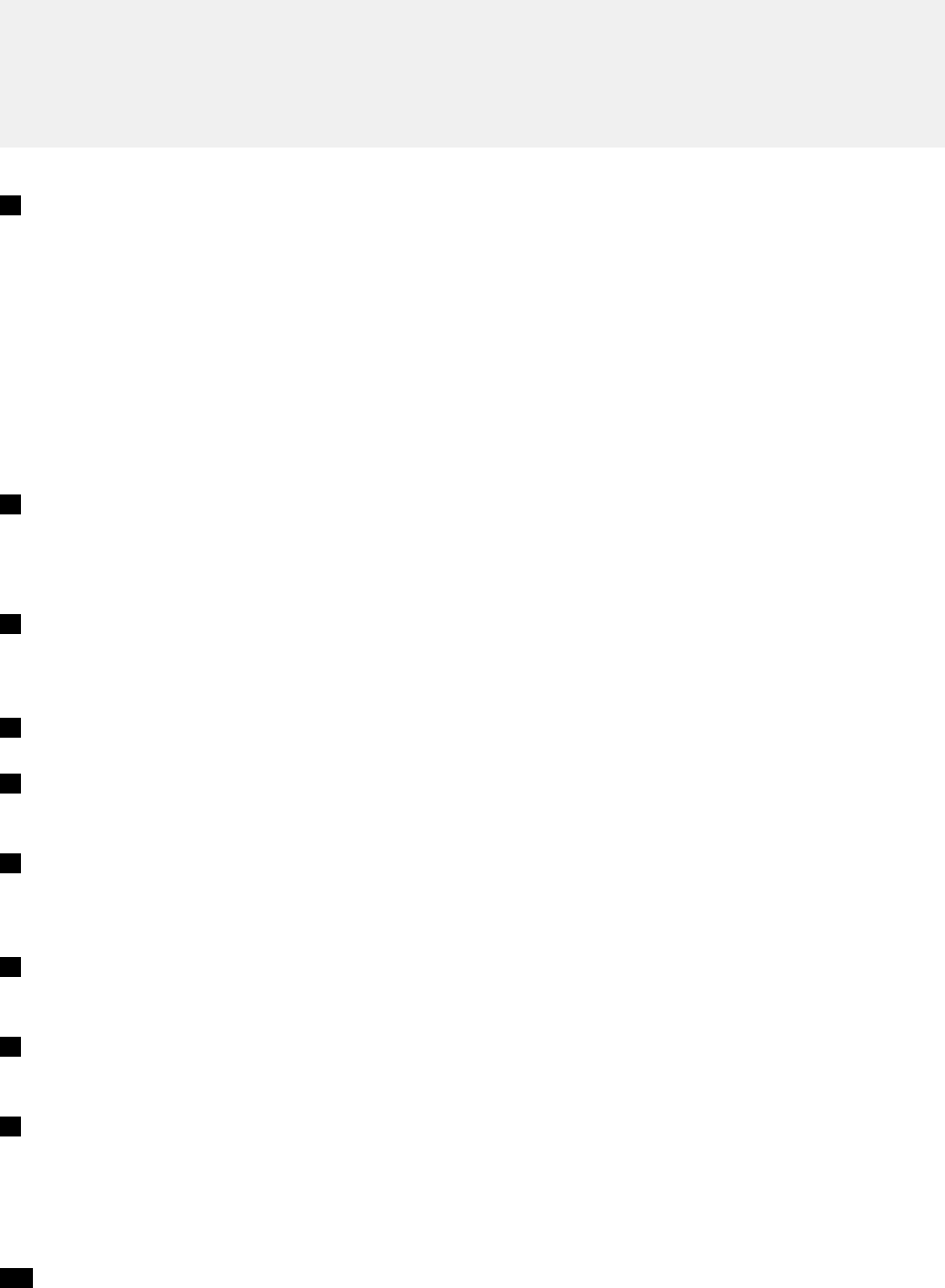
//SQLUT2 DD UNIT=SYSALLDA,SPACE=(23440,(20,20)),
// DCB=(RECFM=FB,LRECL=80,BLKSIZE=23440)
//SQLCIN DD UNIT=SYSALLDA,SPACE=(32000,(20,20))
//SQLLIN DD UNIT=SYSALLDA,SPACE=(3200,(30,30)),
// DCB=(RECFM=FB,LRECL=80,BLKSIZE=3200)
//SYSMOD DD UNIT=SYSALLDA,SPACE=(23440,(20,20)),
// DCB=(RECFM=FB,LRECL=80,BLKSIZE=23440)
//SQLDUMMY DD DUMMY
Notes:
1
APPLENV species the application environment in which DSNTPSMP runs. To ensure that DSNTPSMP
always uses the correct data sets and parameters for preparing each external SQL procedure, you
can set up different application environments for preparing stored procedures with different program
preparation requirements. For example, if all payroll applications use the same set of data sets during
program preparation, you could set up an application environment called PAYROLL for preparing only
payroll applications. The startup procedure for PAYROLL would point to the data sets that are used for
payroll applications.
DB2SSN species the Db2 subsystem name.
NUMTCB species the number of programs that can run concurrently in the address space. You should
always set NUMTCB to 1 to ensure that executions of DSNTPSMP occur serially.
2
WLMTPSMP species the address space in which DSNTPSMP runs.
DYNAMNBR reserves space for dynamic allocation of data sets during the SQL procedure preparation
process.
3
STEPLIB species the Db2 load libraries, the z/OS C/C++ compiler library, and the Language
Environment run time library that DSNTPSMP uses when it runs. At least one library must not be
APF authorized.
4
SYSEXEC species the library that contains the REXX exec DSNTPSMP.
5
SQLDBRM is an output data set that species the library into which DSNTPSMP puts the DBRM that it
generates when it precompiles your external SQL procedure.
6
SQLCSRC is an output data set that species the library into which DSNTPSMP puts the C source code
that it generates from the external SQL procedure source code. This data set should have a logical
record length of 80.
7
SQLLMOD is an output data set that species the library into which DSNTPSMP puts the load module
that it generates when it compiles and link-edits your external SQL procedure.
8
SQLLIBC species the library that contains standard C header les. This library is used during
compilation of the generated C program.
9
SQLLIBL species the following libraries, which DSNTPSMP uses when it link-edits the external SQL
procedure:
• Language Environment link-edit library
• Db2 load library
10
SYSMSGS species the library that contains messages that are used by the C prelink-edit utility.
292
Db2 12 for z/OS: Application Programming and SQL Guide (Last updated: 2024-07-30)
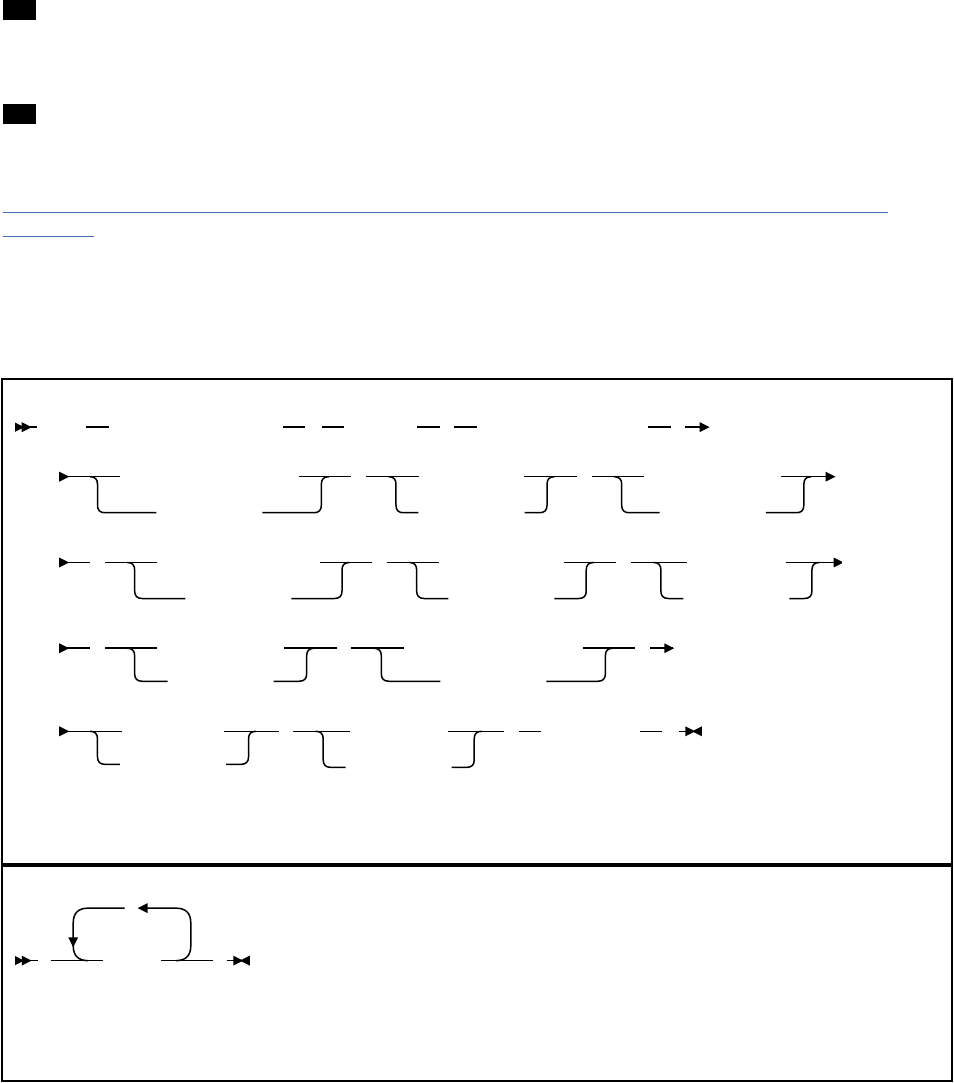
11
CFGTPSMP species an optional data set that you can use to customize DSNTPSMP, including
specifying the compiler level. For details on all of the options that you can set in this le and how
to set them, see the DSNTPSMP CLIST comments.
12
The DD statements that follow describe work le data sets that are used by DSNTPSMP.
Related tasks
Converting from the AMI-based MQ functions to the MQI-based MQ functions (Db2 Installation and
Migration)
CALL statement syntax for invoking DSNTPSMP
You can invoke the SQL procedure processor, DSNTPSMP, from an application program by using an SQL
CALL statement. DSNTPSMP prepares an external SQL procedure.
The following diagrams show the syntax of invoking DSNTPSMP through the SQL CALL statement:
CALL SYSPROC.DSNTPSMP ( function , SQL-procedure-name ,
SQL-procedure-source
empty-string
, bind-options
empty-string
, compiler-options
empty-string
, precompiler-options
empty-string
, prelink-options
empty-string
, link-options
empty-string
, alter-statement
empty-string
, source-data-set-name
empty-string
,
build-owner
empty-string
, build-utility
empty-string
, return-code )
Figure 16. DSNTPSMP syntax
'
,
option '
Figure 17. CALL DSNTPSMP bind-options, compiler-options, precompiler-options, prelink-options, link-
options
Note: You must specify:
• The DSNTPSMP parameters in the order listed
• The empty string if an optional parameter is not required for the function
• The options in the order: bind, compiler, precompiler, prelink, and link
The DSNTPSMP parameters are:
function
A VARCHAR(20) input parameter that identies the task that you want DSNTPSMP to perform. The
tasks are:
Chapter 3. Db2 SQL programming
293
BUILD
Creates the following objects for an external SQL procedure:
• A DBRM, in the data set that DD name SQLDBRM points to
• A load module, in the data set that DD name SQLLMOD points to
• The C language source code for the external SQL procedure, in the data set that DD name
SQLCSRC points to
• The stored procedure package
• The stored procedure denition
The following input parameters are required for the BUILD function:
SQL-procedure name
SQL-procedure-source or source-data-set-name
If you choose the BUILD function, and an external SQL procedure with name SQL-procedure-name
already exists, DSNTPSMP issues an error message and terminates.
BUILD_DEBUG
Creates the following objects for an external SQL procedure and includes the preparation
necessary to debug the external SQL procedure with the SQL Debugger and the Unied Debugger:
• A DBRM, in the data set that DD name SQLDBRM points to
• A load module, in the data set that DD name SQLLMOD points to
• The C language source code for theexternal SQL procedure, in the data set that DD name
SQLCSRC points to
• The stored procedure package
• The stored procedure denition
The following input parameters are required for the BUILD_DEBUG function:
SQL-procedure name
SQL-procedure-source or source-data-set-name
If you choose the BUILD_DEBUG function, and an external SQL procedure with name SQL-
procedure-name already exists, DSNTPSMP issues an error message and terminates.
REBUILD
Replaces all objects that were created by the BUILD function for an external SQL procedure, if it
exists, otherwise creates those objects.
The following input parameters are required for the REBUILD function:
SQL-procedure name
SQL-procedure-source or source-data-set-name
REBUILD_DEBUG
Replaces all objects that were created by the BUILD_DEBUG function for an external SQL
procedure, if it exists, otherwise creates those objects, and includes the preparation necessary
to debug the external SQL procedure with the SQL Debugger and the Unied Debugger.
The following input parameters are required for the REBUILD_DEBUG function:
SQL-procedure name
SQL-procedure-source or source-data-set-name
REBIND
Binds the external SQL procedure package for an existing external SQL procedure.
The following input parameter is required for the REBIND function:
SQL-procedure name
294
Db2 12 for z/OS: Application Programming and SQL Guide (Last updated: 2024-07-30)
DESTROY
Deletes the following objects for an existing external SQL procedure:
• The DBRM, from the data set that DD name SQLDBRM points to
• The load module, from the data set that DD name SQLLMOD points to
• The C language source code for the external SQL procedure, from the data set that DD name
SQLCSRC points to
• The stored procedure package
• The stored procedure denition
The following input parameter is required for the DESTROY function:
SQL-procedure name
ALTER
Updates the registration for an existing external SQL procedure.
The following input parameters are required for the ALTER function:
SQL-procedure name
alter-statement
ALTER_REBUILD
Updates an existing external SQL procedure.
The following input parameters are required for the ALTER_REBUILD function:
SQL-procedure name
SQL-procedure-source or source-data-set-name
ALTER_REBUILD_DEBUG
Updates an existing external SQL procedure, and includes the preparation necessary to debug the
external SQL procedure with the SQL Debugger and the Unied Debugger.
The following input parameters are required for the ALTER_REBUILD_DEBUG function:
SQL-procedure name
SQL-procedure-source or source-data-set-name
ALTER_REBIND
Updates the registration and binds the SQL package for an existing external SQL procedure.
The following input parameters are required for the ALTER_REBIND function:
SQL-procedure name
alter-statement
QUERYLEVEL
Obtains the interface level of the build utility invoked. No other input is required.
SQL-procedure-name
A VARCHAR(261) input parameter that species the external SQL procedure name.
The name can be qualied or unqualied. The name must match the procedure name that is
specied within the CREATE PROCEDURE statement that is provided in SQL-procedure-source or that
is obtained from source-data-set-name. In addition, the name must match the procedure name that
is specied within the ALTER PROCEDURE statement that is provided in alter-statement. Do not mix
qualied and unqualied references.
SQL-procedure-source
A CLOB(2M) input parameter that contains the CREATE PROCEDURE statement for the external SQL
procedure. If you specify an empty string for this parameter, you need to specify the name source-
data-set-name of a data set that contains the external SQL procedure source code.
Chapter 3. Db2 SQL programming
295
bind-options
A VARCHAR(1024) input parameter that contains the options that you want to specify for binding the
external SQL procedure package. Do not specify the MEMBER or LIBRARY option for the Db2 BIND
PACKAGE command.
compiler-options
A VARCHAR(255) input parameter that contains the options that you want to specify for compiling the
C language program that Db2 generates for the external SQL procedure.
precompiler-options
A VARCHAR(255) input parameter that contains the options that you want to specify for precompiling
the C language program that Db2 generates for the external SQL procedure. Do not specify the HOST
option.
prelink-options
A VARCHAR(255) input parameter that contains the options that you want to specify for prelinking the
C language program that Db2 generates for the external SQL procedure.
link-options
A VARCHAR(255) input parameter that contains the options that you want to specify for linking the C
language program that Db2 generates for the external SQL procedure.
alter-statement
A VARCHAR(32672) input parameter that contains the SQL ALTER PROCEDURE statement to process
with the ALTER or ALTER_REBIND function.
source-data-set-name
A VARCHAR(80) input parameter that contains the name of a z/OS sequential data set or partitioned
data set member that contains the source code for the external SQL procedure. If you specify an
empty string for this parameter, you need to provide the external SQL procedure source code in
SQL-procedure-source.
build-owner
A VARCHAR(130) input parameter that contains the SQL identier to serve as the build owner for
newly created SQL stored procedures.
When this parameter is not specied, the value defaults to the value in the CURRENT SQLID special
register when the build utility is invoked.
build-utility
A VARCHAR(255) input parameter that contains the name of the build utility that is invoked. The
qualied form of the name is suggested, for example, SYSPROC.DSNTPSMP.
return-code
A VARCHAR(255) output parameter in which Db2 puts the return code from the DSNTPSMP
invocation. The values are:
0
Successful invocation. The calling application can optionally retrieve the result set and then issue
the required SQL COMMIT statement.
4
Successful invocation, but warnings occurred. The calling application should retrieve the warning
messages in the result set and then issue the required SQL COMMIT statement.
8
Failed invocation. The calling application should retrieve the error messages in the result set and
then issue the required SQL ROLLBACK statement.
99x
Where x is a digit in the range 0–9. Failed invocation with severe errors. The calling application
should retrieve the error messages in the result set and then issue the required SQL ROLLBACK
statement. To view error messages that are not in the result set, see the job log of the address
space for the DSNTPSMP execution.
999
Unknown severe internal error
296
Db2 12 for z/OS: Application Programming and SQL Guide (Last updated: 2024-07-30)
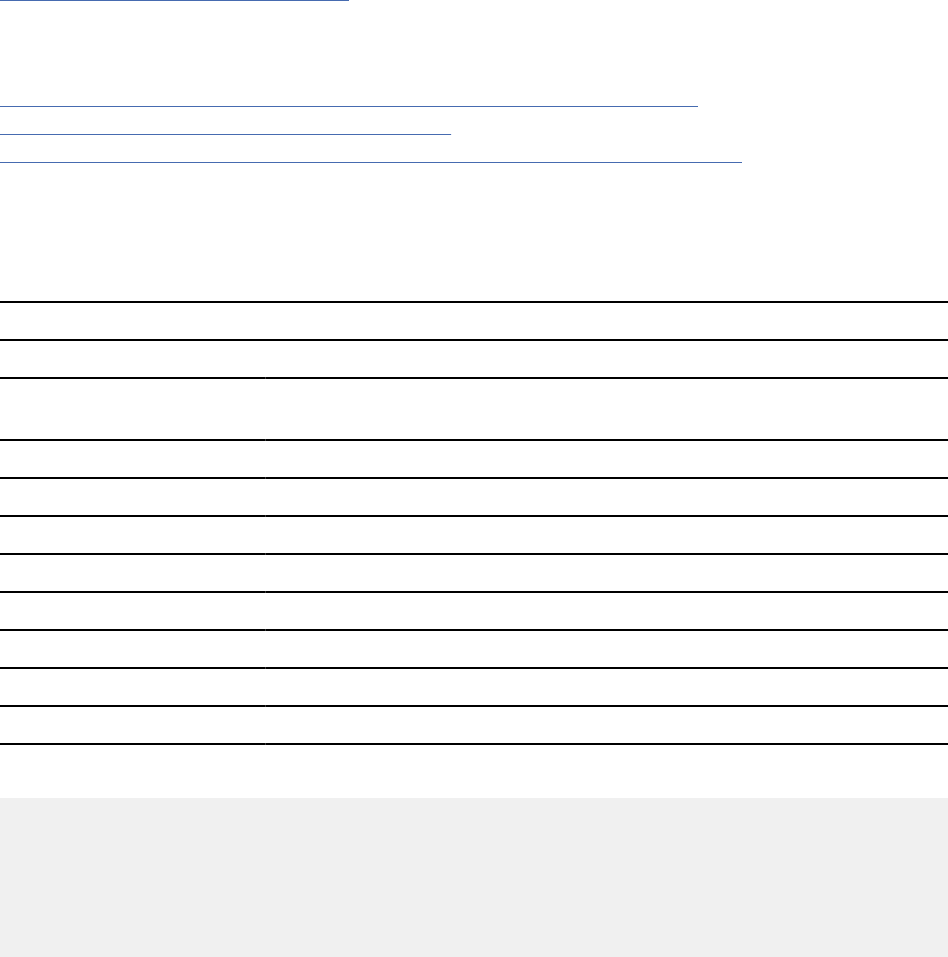
998
APF environment setup error
997
DSNREXX setup error
996
Global temporary table setup error
995
Internal REXX programming error
1.2x
Where x is a digit in the range 0–9. Level of DSNTPSMP when request is QUERYLEVEL. The calling
application can retrieve the result set for additional information about the release and service
level and then issue the required SQL COMMIT statement.
Related reference
Descriptions of SQL processing options
You can specify any SQL processing options regardless of whether you use the Db2 precompiler or the
Db2 coprocessor. However, the Db2 coprocessor might ignore certain options because host language
compiler options exist that provide the same information.
BIND and REBIND options for packages, plans, and services (Db2 Commands)
Compiler Options (C/C++) (XL C/C++ User's Guide)
Binder options reference (MVS Program Management: User's Guide and Reference)
Examples of invoking the SQL procedure processor (DSNTPSMP)
You can invoke the BUILD, DESTROY, REBUILD, and REBIND functions of DSNTPSMP.
DSNTPSMP BUILD function: Call DSNTPSMP to build an external SQL procedure. The information that
DSNTPSMP needs is listed in the following table:
Table 53. The functions DSNTPSMP needs to BUILD an SQL procedure
Function BUILD
External SQL procedure
name
MYSCHEMA.SQLPROC
Source location String in CLOB host variable procsrc
Bind options VALIDATE(BIND)
Compiler options SOURCE, LIST, LONGNAME, RENT
Precompiler options SOURCE, XREF, STDSQL(NO)
Prelink options None specied
Link options AMODE=31, RMODE=ANY, MAP, RENT
Build utility SYSPROC.DSNTPSMP
Return value String returned in varying-length host variable returnval
The CALL statement is:
EXEC SQL CALL SYSPROC.DSNTPSMP('BUILD','MYSCHEMA.SQLPROC',:procsrc,
'VALIDATE(BIND)',
'SOURCE,LIST,LONGNAME,RENT',
'SOURCE,XREF,STDSQL(NO)',
'',
'AMODE=31,RMODE=ANY,MAP,RENT',
'','','','SYSPROC.DSNTPSMP',
:returnval);
Chapter 3. Db2 SQL programming
297
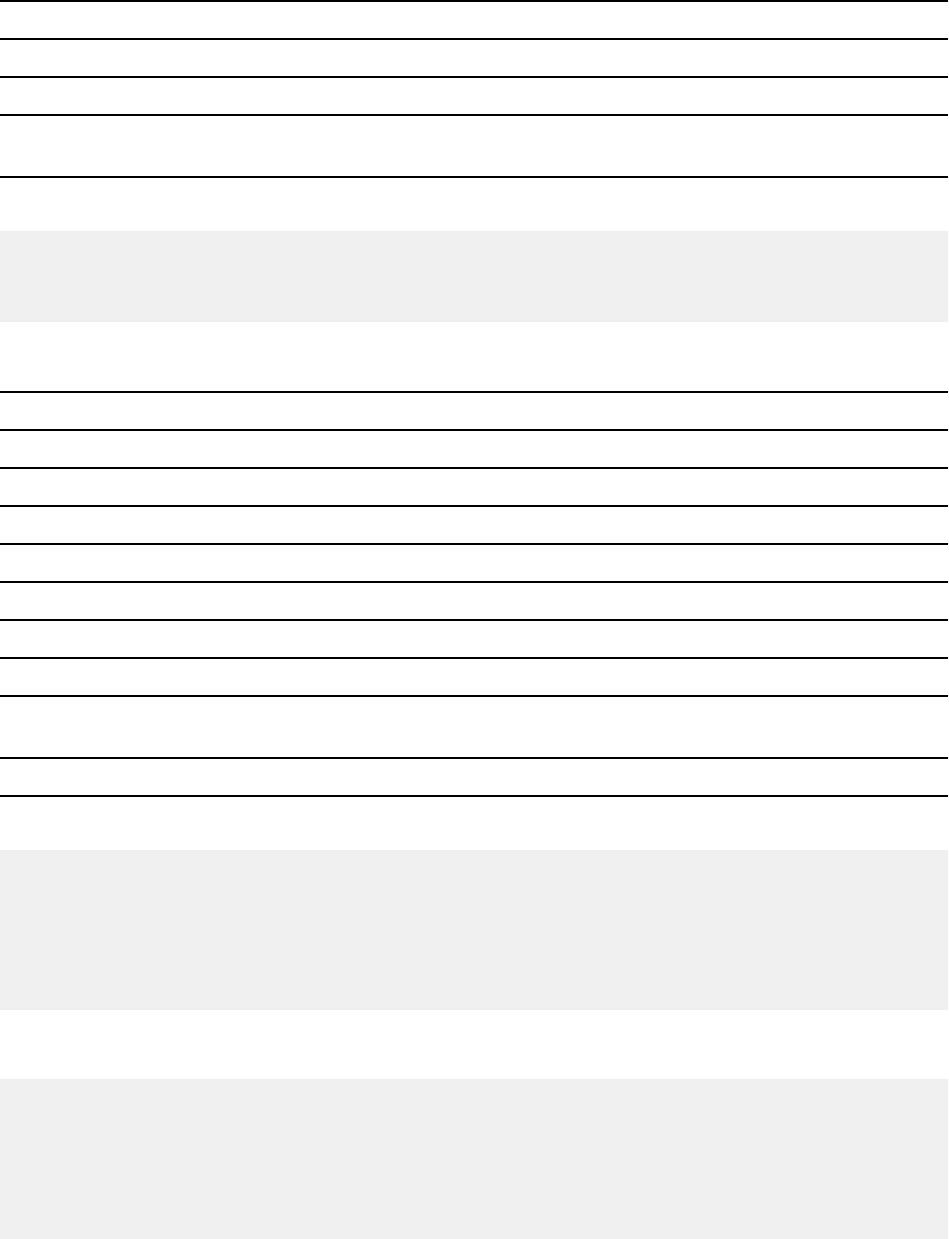
DSNTPSMP DESTROY function: Call DSNTPSMP to delete an external SQL procedure denition and the
associated load module. The information that DSNTPMSP needs is listed in the following table:
Table 54. The functions DSNTPSMP needs to DESTROY an SQL procedure
Function DESTROY
External SQL procedure name MYSCHEMA.OLDPROC
Return value String returned in varying-length host variable
returnval
The CALL statement is:
EXEC SQL CALL SYSPROC.DSNTPSMP('DESTROY','MYSCHEMA.OLDPROC','',
'','','','','',
'','','','',
:returnval);
DSNTPSMP REBUILD function: Call DSNTPSMP to re-create an existing external SQL procedure. The
information that DSNTPMSP needs is listed in the following table:
Table 55. The functions DSNTPSMP needs to REBUILD an SQL procedure
Function REBUILD
External SQL procedure name MYSCHEMA.SQLPROC
Bind options VALIDATE(BIND)
Compiler options SOURCE, LIST, LONGNAME, RENT
Precompiler options SOURCE, XREF, STDSQL(NO)
Prelink options None specied
Link options AMODE=31, RMODE=ANY, MAP, RENT
Source data set name Member PROCSRC of partitioned data set
DSN1210.SDSNSAMP
Return value String returned in varying-length host variable returnval
The CALL statement is:
EXEC SQL CALL SYSPROC.DSNTPSMP('REBUILD','MYSCHEMA.SQLPROC','',
'VALIDATE(BIND)',
'SOURCE,LIST,LONGNAME,RENT',
'SOURCE,XREF,STDSQL(NO)',
'',
'AMODE=31,RMODE=ANY,MAP,RENT',
'','DSN1210.SDSNSAMP(PROCSRC)','','',
:returnval);
If you want to re-create an existing external SQL procedure for debugging with the SQL Debugger and the
Unied Debugger, use the following CALL statement, which includes the REBUILD_DEBUG function:
EXEC SQL CALL SYSPROC.DSNTPSMP('REBUILD_DEBUG','MYSCHEMA.SQLPROC','',
'VALIDATE(BIND)',
'SOURCE,LIST,LONGNAME,RENT',
'SOURCE,XREF,STDSQL(NO)',
'',
'AMODE=31,RMODE=ANY,MAP,RENT',
'','DSN1210.SDSNSAMP(PROCSRC)','','',
:returnval);
DSNTPSMP REBIND function: Call DSNTPSMP to rebind the package for an existing external SQL
procedure. The information that DSNTPMSP needs is listed in the following table:
298
Db2 12 for z/OS: Application Programming and SQL Guide (Last updated: 2024-07-30)
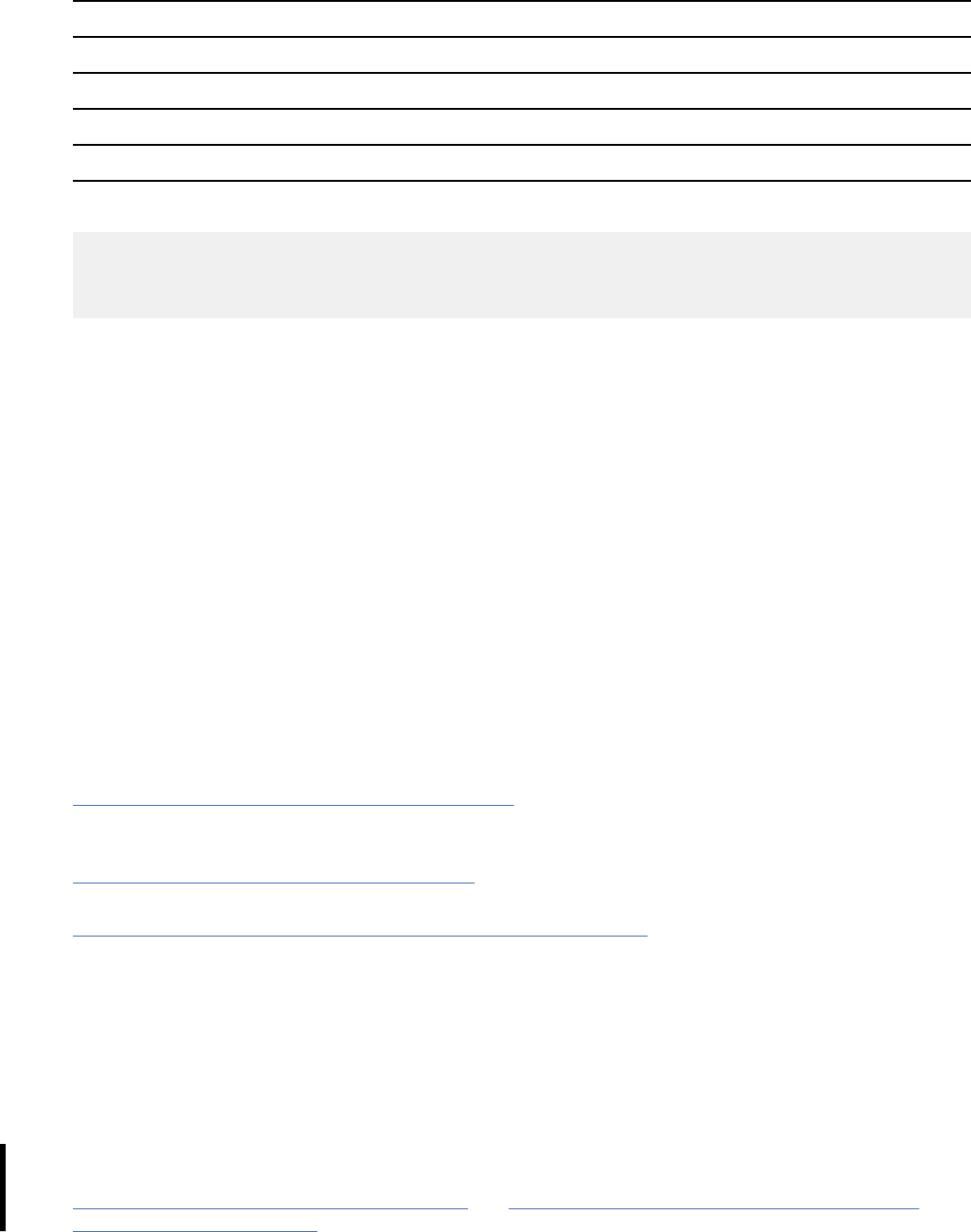
Table 56. The functions DSNTPSMP needs to REBIND an SQL procedure
Function REBIND
ExternalSQL procedure name MYSCHEMA.SQLPROC
Bind options VALIDATE(RUN), ISOLATION(RR)
Return value String returned in varying-length host variable returnval
The CALL statement is:
EXEC SQL CALL SYSPROC.DSNTPSMP('REBIND','MYSCHEMA.SQLPROC','',
'VALIDATE(RUN),ISOLATION(RR)','','','','',
'','','','',
:returnval);
Result set that the SQL procedure processor (DSNTPSMP) returns
DSNTPSMP returns one result set that contains messages and listings. You can write your client program
to retrieve information from this result set. Because DSNTPSMP is a stored procedure, use the same
technique that you would use to write a program to receive result sets from any stored procedure.
Each row of the result set contains the following information:
Processing step
The step in the DSNTPSMP function process to which the message applies.
DD name
The DD statement that identies the data set that contains the message.
Sequence number
The sequence number of a line of message text within a message.
Message
A line of message text.
Rows in the message result set are ordered by processing step, DD name, and sequence number.
For an example of how to process a result set from DSNTPSMP, see the Db2 sample program DSNTEJ65.
Related concepts
Db2 for z/OS SQL procedure processor (DSNTPSMP)
The SQL procedure processor, DSNTPSMP, is a REXX stored procedure that you can use to prepare an
external SQL procedure for execution.
Job DSNTEJ65 (Db2 Installation and Migration)
Related tasks
Writing a program to receive the result sets from a stored procedure
You can write a program to receive results set from a stored procedure for either a xed number of result
sets, for which you know the contents, or a variable number of result sets, for which you do not know the
contents.
Creating an external SQL procedure by using JCL
Using JCL is one of several ways that you can create and prepare an external SQL procedure.
Before you begin
Deprecated function: External SQL procedures are deprecated and not as fully supported as native
SQL procedures. For best results, create native SQL procedures instead. For more information, see
“Creating native SQL procedures” on page 226
and “Migrating an external SQL procedure to a native
SQL procedure” on page 287.
Chapter 3. Db2 SQL programming
299

About this task
Restriction: You cannot use JCL to prepare an external SQL procedure for debugging with the Db2 stored
procedure debugger or the Unied Debugger. If you plan to use either of these debugging tools, use either
DSNTPSMP or IBM Data Studio to create the external SQL procedure.
Procedure
To create an external SQL procedure by using JCL, include the following job steps in your JCL job:
1. Issue a CREATE PROCEDURE statement that includes either the FENCED keyword or the EXTERNAL
keyword and the procedure body, which is written in SQL.
Alternatively, you can issue the CREATE PROCEDURE statement dynamically by using an application
such as SPUFI, DSNTEP2, DSNTIAD, or the command line processor.
Tip: If the routine body of the CREATE PROCEDURE statement contains embedded semicolons,
change the default SQL terminator character from a semicolon to some other special character, such
as the percent sign (%).
This statement denes the stored procedure to Db2. Db2 stores the denition in the Db2 catalog.
2. Run program DSNHPC with the HOST(SQL) option.
This program converts the external SQL procedure source statements into a C language program.
DSNHPC also writes a new CREATE PROCEDURE statement in the data set that is specied in the
SYSUT1 DD statement.
3. Precompile, compile, and link-edit the generated C program by using one of the following techniques:
• The Db2 precompiler and JCL instructions to compile and link-edit the program
• The SQL statement coprocessor
When you perform this step, specify the following settings:
• Give the DBRM the same name as the name of the load module for the external SQL procedure.
• Specify MARGINS(1,80) for the MARGINS SQL processing option.
• Specify the NOSEQ compiler option.
This process produces an executable C language program.
4. Bind the resulting DBRM into a package.
Example
Suppose that you dene an external SQL procedure by issuing the following CREATE PROCEDURE
statement dynamically:
CREATE PROCEDURE DEVL7083.EMPDTLSS
(
IN PEMPNO CHAR(6)
,OUT PFIRSTNME VARCHAR(12)
,OUT PMIDINIT CHAR(1)
,OUT PLASTNAME VARCHAR(15)
,OUT PWORKDEPT CHAR(3)
,OUT PHIREDATE DATE
,OUT PSALARY DEC(9,2)
,OUT PSQLCODE INTEGER
)
RESULT SETS 0
MODIFIES SQL DATA
FENCED
NO DBINFO
WLM ENVIRONMENT DB2AWLMR
STAY RESIDENT NO
COLLID DEVL7083
PROGRAM TYPE MAIN
RUN OPTIONS 'TRAP(OFF),RPTOPTS(OFF)'
COMMIT ON RETURN NO
LANGUAGE SQL
BEGIN
300
Db2 12 for z/OS: Application Programming and SQL Guide (Last updated: 2024-07-30)

DECLARE SQLCODE INTEGER;
DECLARE SQLSTATE CHAR(5);
DECLARE EXIT HANDLER FOR SQLEXCEPTION SET PSQLCODE = SQLCODE;
SELECT
FIRSTNME
, MIDINIT
, LASTNAME
, WORKDEPT
, HIREDATE
, SALARY
INTO PFIRSTNME
, PMIDINIT
, PLASTNAME
, PWORKDEPT
, PHIREDATE
, PSALARY
FROM EMP
WHERE EMPNO = PEMPNO
;
END
You can use JCL that is similar to the following JCL to prepare the procedure:
//ADMF001S JOB (999,POK),'SQL C/L/B/E',CLASS=A,MSGCLASS=T,
// NOTIFY=ADMF001,TIME=1440,REGION=0M
/*JOBPARM SYSAFF=SC63,L=9999
// JCLLIB ORDER=(DB2AU.PROCLIB)
//*
//JOBLIB DD DSN=DB2A.SDSNEXIT,DISP=SHR
// DD DSN=DB2A.SDSNLOAD,DISP=SHR
// DD DSN=CEE.SCEERUN,DISP=SHR
//*----------------------------------------------------------
//* STEP 01: PRECOMP, COMP, LKED AN SQL PROCEDURE
//*----------------------------------------------------------
//SQL01 EXEC DSNHSQL,MEM=EMPDTLSS,
// PARM.PC='HOST(SQL),SOURCE,XREF,MAR(1,80),STDSQL(NO)',
// PARM.PCC='HOST(C),SOURCE,XREF,MAR(1,80),STDSQL(NO),TWOPASS',
// PARM.C='SOURCE LIST MAR(1,80) NOSEQ LO RENT',
// PARM.LKED='AMODE=31,RMODE=ANY,MAP,RENT'
//PC.SYSLIB DD DUMMY
//PC.SYSUT2 DD DSN=&&SPDML,DISP=(,PASS), <=MAKE IT PERMANENT, IF YOU
// UNIT=SYSDA,SPACE=(TRK,1), WANT TO USE IT LATER
// DCB=(RECFM=FB,LRECL=80)
//PC.SYSIN DD DISP=SHR,DSN=SG247083.PROD.DDL(&MEM.)
//PC.SYSCIN DD DISP=SHR,DSN=SG247083.TEST.C.SOURCE(&MEM.)
//PCC.SYSIN DD DISP=SHR,DSN=SG247083.TEST.C.SOURCE(&MEM.)
//PCC.SYSLIB DD DUMMY
//PCC.DBRMLIB DD DISP=SHR,DSN=SG247083.DEVL.DBRM(&MEM.)
//LKED.SYSLMOD DD DISP=SHR,DSN=SG247083.DEVL.LOAD(&MEM.)
//LKED.SYSIN DD * INCLUDE SYSLIB(DSNRLI) NAME EMPDTLSS(R)
/*
//*----------------------------------------------------------
//* STEP 02: BIND THE PROGRAM
//*----------------------------------------------------------
//SQL02 EXEC PGM=IKJEFT01,DYNAMNBR=20,COND=(4,LT)
//DBRMLIB DD DSN=SG247083.DEVL.DBRM,DISP=SHR
//SYSTSPRT DD SYSOUT=*
//SYSPRINT DD SYSOUT=*
//SYSUDUMP DD SYSOUT=*
//SYSOUT DD SYSOUT=*
//REPORT DD SYSOUT=*
//SYSIN DD *
//SYSTSIN DD *
DSN SYSTEM(DB2A)
BIND PACKAGE(DEVL7083) MEMBER(EMPDTLSS) VALIDATE(BIND) -
OWNER(DEVL7083)
END
//*
Related concepts
SQL procedure body
The body of an SQL procedure contains one or more SQL statements. In the SQL procedure body, you can
also declare and use variables, conditions, return codes, statements, cursors, and handlers.
The Db2 command line processor (Db2 Commands)
Related tasks
Changing SPUFI defaults
Chapter 3. Db2 SQL programming
301
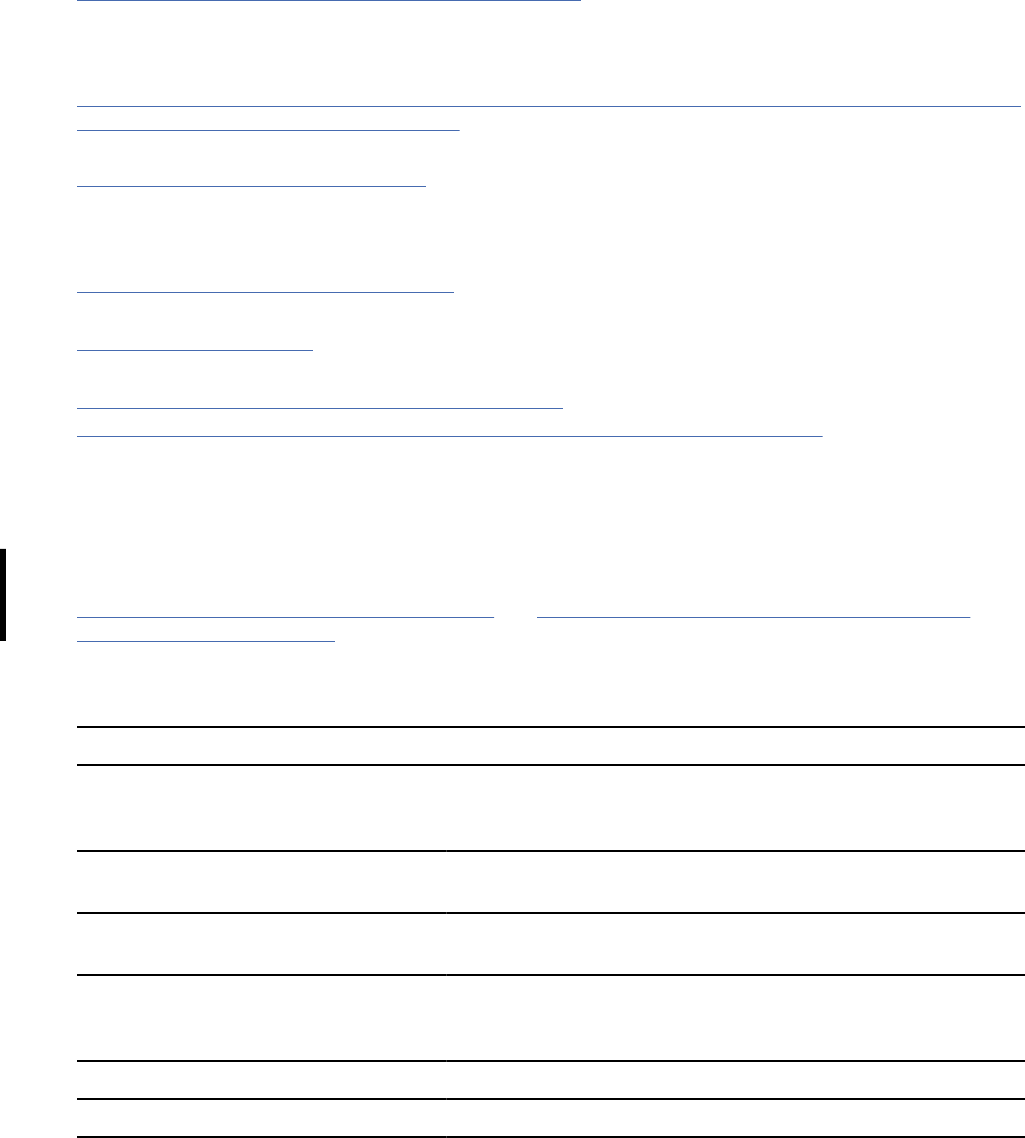
Before you execute SQL statements in SPUFI, you can change the default execution behavior, such as the
SQL terminator and the isolation level.
Creating an external SQL procedure by using DSNTPSMP
The SQL procedure processor, DSNTPSMP, is one of several methods that you can use to create and
prepare an external SQL procedure. DSNTPSMP is a REXX stored procedure that you can invoke from your
application program.
Developing database routines (IBM Data Studio, IBM Optim Database Administrator, IBM infoSphere Data
Architect, IBM Optim Development Studio)
Related reference
Descriptions of SQL processing options
You can specify any SQL processing options regardless of whether you use the Db2 precompiler or the
Db2 coprocessor. However, the Db2 coprocessor might ignore certain options because host language
compiler options exist that provide the same information.
DSNTEP2 and DSNTEP4 sample programs
You can use the DSNTEP2 or DSNTEP4 programs to execute SQL statements dynamically.
DSNTIAD sample program
You can use the DSNTIAD program to execute dynamic SQL statements other than SELECT statements.
BIND PACKAGE subcommand (DSN) (Db2 Commands)
CREATE PROCEDURE statement (SQL - external procedure) (deprecated) (Db2 SQL)
Sample programs to help you prepare and run external SQL procedures
Db2 provides sample jobs to help you prepare and run external SQL procedures. All samples are in data
set DSN1210.SDSNSAMP. Before you can run the samples, you must customize them for your installation.
Deprecated function: External SQL procedures are deprecated and not as fully supported as native
SQL procedures. For best results, create native SQL procedures instead. For more information, see
“Creating native SQL procedures” on page 226 and “Migrating an external SQL procedure to a native
SQL procedure” on page 287.
See the prolog of each sample for specic instructions.
The following table lists the sample jobs that Db2 provides for external SQL procedures.
Table 57. External SQL procedure samples shipped with Db2
Member that
contains source
code Contents Purpose
DSNHSQL JCL procedure Precompiles, compiles, prelink-edits, and link-edits an external
SQL procedure
DSNTEJ63 JCL job Invokes JCL procedure DSNHSQL to prepare external SQL
procedure DSN8ES1 for execution
DSN8ES1 External SQL
procedure
A stored procedure that accepts a department number as input
and returns a result set that contains salary information for
each employee in that department
DSNTEJ64 JCL job Prepares client program DSN8ED3 for execution
DSN8ED3 C program Calls SQL procedure DSN8ES1
302Db2 12 for z/OS: Application Programming and SQL Guide (Last updated: 2024-07-30)
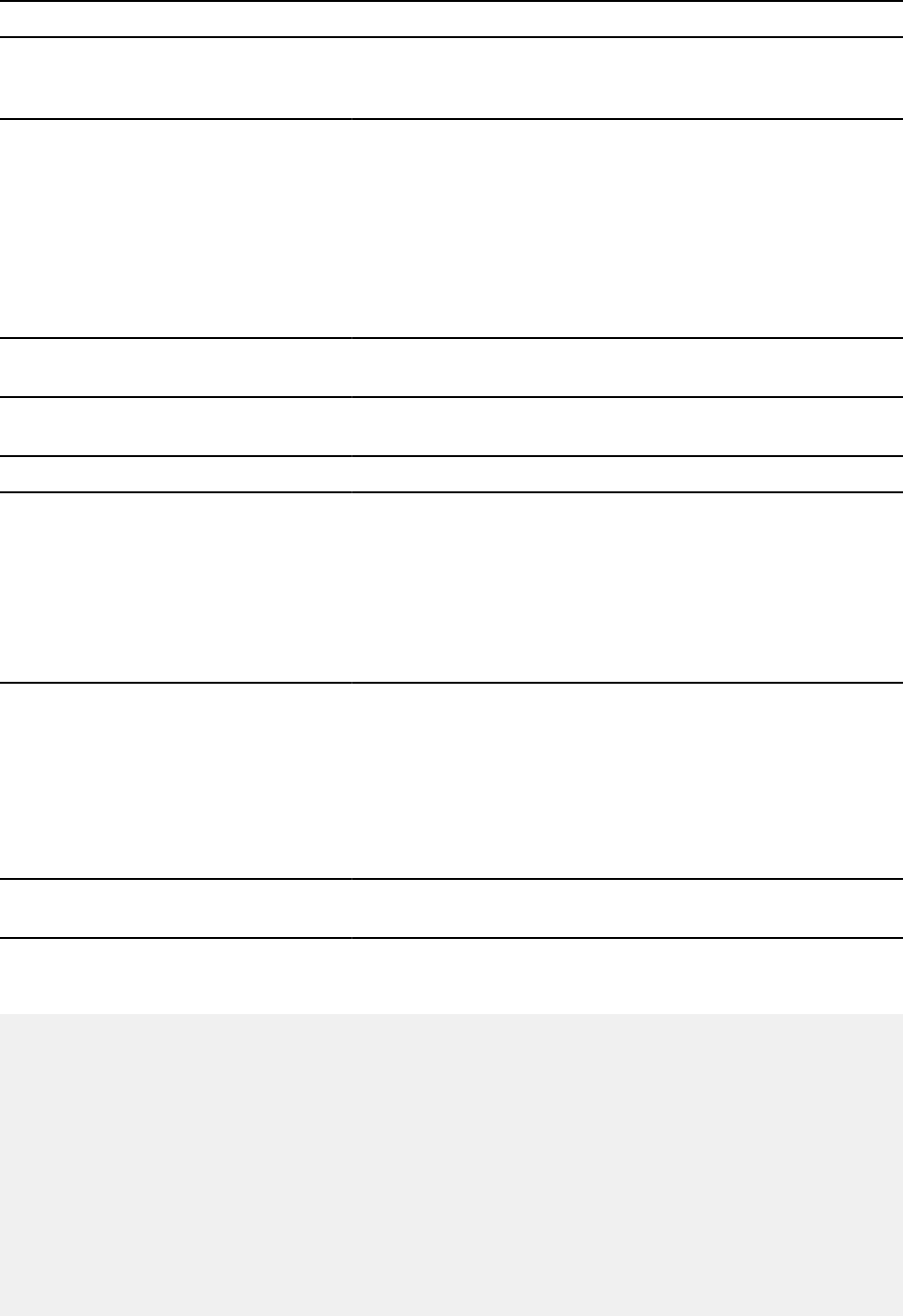
Table 57. External SQL procedure samples shipped with Db2 (continued)
Member that
contains source
code Contents Purpose
DSN8ES2 External SQL
procedure
A stored procedure that accepts one input parameter
and returns two output parameters. The input parameter
species a bonus to be awarded to managers. The
external SQL procedure updates the BONUS column of
DSN1210.SDSNSAMP. If no SQL error occurs when the
external SQL procedure runs, the rst output parameter
contains the total of all bonuses awarded to managers and the
second output parameter contains a null value. If an SQL error
occurs, the second output parameter contains an SQLCODE.
DSN8ED4 C program Calls the SQL procedure processor, DSNTPSMP, to prepare
DSN8ES2 for execution
DSN8WLMP JCL procedure A sample startup procedure for the WLM-established stored
procedures address space in which DSNTPSMP runs
DSN8ED5 C program Calls external SQL procedure DSN8ES2
DSNTEJ65 JCL job Prepares and executes programs DSN8ED4 and DSN8ED5.
DSNTEJ65 uses DSNTPSMP, the SQL procedure processor,
which requires that the default EBCDIC CCSID that is used
by Db2 also be compatible with the C compiler. Do not
run DSNTEJ65 if the default EBCDIC CCSID for Db2 is not
compatible with the C compiler. Examples of incompatible
CCSIDs include 290, 930, 1026, and 1155.
DSNTEJ67 JCL job
Prepares an existing external SQL procedure (sample
DSN8.DSN8ES2) for conversion to a native SQL procedure.
DSNTEJ67 obtains the source of external SQL procedure
DSN8.DSN8ES2 from the catalog and formats it into a data
set. DSNTEJ67 executes DSNHPSM with HOST(SQLPL), obtains
a listing for the source, and replaces the offending procedure
options in the source data set.
DSNTIJRT JCL job Prepares a Db2 for z/OS server for operation with the SQL
Debugger and the Unied Debugger
DSN8ED4
Demonstrates how to use an application program to call DSNTPSMP, the Db2 SQL Procedures Processor.
/********************************************************************* 00010000
* Module name = DSN8ED4 (sample program) * 00020000
* * 00030000
* DESCRIPTIVE NAME: Sample client for: * 00040000
* DSNTPSMP (DB2 SQL Procedures Processor) * 00050000
* * 00060000
* LICENSED MATERIALS - PROPERTY OF IBM * 00070000
* 5625-DB2 * 00080000
* (C) COPYRIGHT 1982, 2003 IBM CORP. ALL RIGHTS RESERVED. * 00090000
* * 00100000
* STATUS = VERSION 8 * 00110000
* * 00120000
* Function: Demonstrates how to use an application program to call * 00130000
* DSNTPSMP, the DB2 SQL Procedures Processor. DSN8ED4 * 00140000
* collects and passes user-provided SQL Procedure source * 00150000
* code and prep options to DSNTPSMP, and outputs the * 00160000
* report(s), if any, returned from DSNTPSMP by result set. * 00170000
* * 00180000
Chapter 3. Db2 SQL programming
303

* Notes: * 00190000
* Dependencies: Requires SYSPROC.DSNTPSMP * 00200000
* * 00210000
* Restrictions: * 00220000
* * 00230000
* Module type: C program * 00240000
* Processor: DB2 Precompiler * 00250000
* IBM C/C++ for OS/390 V1R3 or higher * 00260000
* Module size: See linkedit output * 00270000
* Attributes: Reentrant and reusable * 00280000
* * 00290000
* Entry point: DSN8ED4 * 00300000
* Purpose: See Function * 00310000
* Linkage: Standard MVS program invocation, three parameters. * 00320000
* * 00330000
* Parameters: DSN8ED4 uses the C "main" argument convention of * 00340000
* argv (argument vector) and argc (argument count). * 00350000
* * 00360000
* - ARGV[0]: (input) pointer to a char[9], * 00370000
* null-terminated string having the name of * 00380000
* this program (DSN8ED4) * 00390000
* - ARGV[1]: (input) pointer to a char[21], * 00400000
* null-terminated string having the action * 00410000
* that DSNTPSMP is to perform: * 00420000
* - BUILD: Prepare a new SQL Procedure * 00430000
* - REBUILD: Prepare an existing SQL * 00440000
* - QUERYLEVEL: Verify DSNTPSMP level @05* 00450004
* - DESTROY: Remove an SQL Procedure * 00460000
* - REBIND: Rebind the package of an exist- * 00470000
* ing SQL Procedure * 00480000
* - ARGV[2]: (input) pointer to a char[262], * 00490000
* null-terminated string having the schema * 00500000
* and name of the SQL Procedure to be * 00510000
* processed by DSNTPSMP (e.g. DSN8.DSN8ES2) * 00520000
* - ARGV[3]: (input) pointer to a char[9], * 00530000
* null-terminated string having the author- * 00540000
* ization id to be used for BUILDOWNER and * 00550003
* for calling DSNTPSMP. * 00560003
* - ARGV[4]: (input) pointer to a char[17], * 00570000
* null-terminated string having the name of * 00580000
* the server where DSNTPSMP is to be run. * 00590000
* This is an optional parameter; the local * 00600000
* server is used if no argument is provided. * 00610000
* * 00620000
* Inputs: DSN8ED4 allocates these input DDs: * 00630000
* - PCOPTS : Options for the DB2 precompiler * 00640000
* - COPTS : Options for the C compiler * 00650000
* - PLKDOPTS: Options for the pre-link editor * 00660000
* - LKEDOPTS: Options for the link editor * 00670000
* - BINDOPTS: Options for the DB2 BIND * 00680000
* - SQLIN : Source code for the SQL Procedure * 00690000
* * 00700000
* Outputs: DSN8ED4 allocates these output DD * 00710000
* - REPORT01: First report data set from DSNTPSMP * 00720000
* - REPORT02: Second report data set from DSNTPSMP * 00730000
* - REPORT03: Third report data set from DSNTPSMP * 00740000
* * 00750000
* Normal Exit: Return Code: 0000 * 00760000
* - Message: DSNTPSMP has completed with return code 0 * 00770000
* - Message: SQL changes have been committed @04* 00780000
* * 00790000
* Normal with Warnings Exit: Return Code: 0004 +@04* 00800000
* - Message: DSNTPSMP has completed with return code 4 * 00810000
* - Message: SQL changes have been committed -@04* 00820000
* * 00830000
* Error Exit: Return Code: 0012 * 00840000
* - Message: DSNTPSMP has completed with return code <n>* 00850000
* - Message: The length of the argument specified for * 00860000
* the <parameter-name> does not fall within * 00870000
* the required bounds of <minimum-length> * 00880000
* and <maximum-length> * 00890000
* - Message: The argument specified for the action * 00900000
* parameter is invalid * 00910000
* - Message: Invalid sequence number <sequence-number> * 00920000
* specified for REPORTnn DD * 00930000
* - Message: DSN8ED4 was invoked with <parameter-count> * 00940000
* parameters. At least 3 parameters are * 00950000
* required * 00960000
* - Message: Unable to open <DD-name> * 00970000
* - Message: Unable to close <DD-name> * 00980000
* - Message: <formatted SQL text from DSNTIAR> * 00990000
* - Message: SQL changes have been rolled back @04* 01000000
304
Db2 12 for z/OS: Application Programming and SQL Guide (Last updated: 2024-07-30)

* * 01010000
* External References: * 01020000
* - Routines/Services: DSNTIAR: DB2 msg text formatter * 01030000
* - Data areas : None * 01040000
* - Control blocks : None * 01050000
* * 01060000
* * 01070000
* Pseudocode: * 01080000
* DSN8ED4: * 01090000
* - call getCallParms to receive and validate call parm arguments* 01100000
* - case action * 01110000
* - when BUILD, call getReBuildData * 01120000
* - when DESTROY, call getDestroyData * 01130000
* - when REBUILD, call getReBuildData * 01140000
* - when REBIND, call getRebindData * 01150000
* - when QUERYLEVEL, call getLevelData * 01160003
* - otherwise call issueInvalidActionError * 01170000
* - call connectToLocation * 01180000
* - call setAuthID to set the current authorization id @pq53353 * 01190003
* - call callDSNTPSMP to invoke the DB2 SQL Procedures Processor * 01200000
* - call processDSNTPSMPresultSet to write reports from DSNTPSMP * 01210000
* - If no errors, call processSqlCommit to commit work @04 * 01220000
* Else call processSqlRollback to undo work @04 * 01230000
* End DSN8ED4 * 01240000
* * 01250000
* * 01260000
* Change activity = * 01270000
* PQ46962 03/28/2001 changed line feed character to hex 25 @01 * 01280000
* PQ43444 04/12/2001 Disable LEOPTS DD (LE options are not @02 * 01290000
* processed by DSNTPSMP). Remission the @02 * 01300000
* leOptions hostvar as alterStmt. @02 * 01310000
* PQ56601 03/06/2002 Trim +/- continuation characters from @03 * 01320000
* BIND options to prevent BIND errors. @03 * 01330000
* These characters are often used to con- @03 * 01340000
* tinue BIND statements being processed @03 * 01350000
* by the DB2 DSN command processor (which @03 * 01360000
* uses TSO i/o services that recognize @03 * 01370000
* them as continuation characters) but @03 * 01380000
* they are not otherwise valid in DB2 @03 * 01390000
* commands. @03 * 01400000
* PQ61782 07/16/2002 Distinguish between DSNTPSMP return code @04 * 01410000
* and DSN8ED4 return code; Issue SQL COMMIT@04 * 01420000
* when DSNTPSMP returns rc = 0 or rc = 4; @04 * 01430000
* Otherwise issue SQL ROLLBACK @04 * 01440000
* D55199 12/08/2003 Adjust to use DSNTPSMP 1.2x interface @05 * 01450004
* D56462 02/12/2004 Allocate maximum of 6 output reports @06 * 01460005
*********************************************************************/ 01470000
01480000
/********************** C library definitions ***********************/ 01490000
#include <errno.h> 01500000
#include <stdio.h> 01510000
#include <stdlib.h> 01520000
#include <string.h> 01530000
01540000
/**************************** Constants *****************************/ 01550000
#define NULLCHAR '\0' /* Null character */ 01560000
#define RETNRM 0 /* Normal return code @04*/ 01570000
#define RETWRN 4 /* Warning return code */ 01580000
#define RETERR 8 /* Error return code */ 01590000
#define RETSEV 12 /* Severe error return code */ 01600000
#define INTERFACE "1.2" /* DSNTPSMP innterface level */ 01610003
01620000
enum flag {No, Yes}; /* Settings for flags */ 01630000
01640000
01650000
/***************** Input: SQL Procedure Source Code *****************/ 01660000
FILE *sqlInFile; /* Pointer to SQL source DD */ 01670000
01680000
01690000
/*********** Output: DB2 SQL Procedures Processor Reports ***********/ 01700000
FILE *reportDD; /* Pointer to curr report DD */ 01710000
char reportDDName[12]; /* For generated DD name */ 01720000
unsigned short reportLRECL; /* length req'd for output rec*/ 01730000
01740000
01750000
/************************ Working variables *************************/ 01760000
unsigned short resultSetReturned = 0;/* DSNTPSMP result set stat@04*/ 01770000
long int DSNTPSMP_rc = -1; /* DSNTPSMP return code @04*/ 01780000
long int rc = 0; /* program return code */ 01790000
char levelquery ='N'; /* Is this a level check? @05*/ 01800004
01810000
01820000
Chapter 3. Db2 SQL programming
305

/******************** DB2 SQL Communication Area ********************/ 01830000
EXEC SQL INCLUDE SQLCA; 01840000
01850000
01860000
/************************ DB2 Host Variables ************************/ 01870000
EXEC SQL BEGIN DECLARE SECTION; 01880000
01890000
char authID[9]; /* Authorization id-BUILDOWNER*/ 01900000
01910000
char locationName[17]; /* Server location name */ 01920000
01930000
char action[21]; /* Command for PSM processor */ 01940000
char routineName[262]; /* SQL Procedure schema.name */ 01950000
SQL TYPE IS CLOB(2M) sqlSource; /* SQL Procedure source @05*/ 01960004
01970000
char precompOptions[256];/* precompiler options */ 01980000
char compileOptions[256];/* compilation parameters */ 01990000
char prelinkOptions[256];/* prelink options */ 02000000
char linkOptions[256]; /* link-edit options */ 02010000
char bindOptions[1025]; /* DB2 bind options */ 02020000
char alterStmt[32672]; /* ALTER PROC text @02*/ 02030000
02040000
char sqlSourceDsn[81]; /* Source data set name */ 02050000
char outputString[256]; /* DSNTPSMP status area */ 02060000
02070000
char DSNTPSMP_pname[19] /* DSNTPSMP procedure-name */ 02080000
= "SYSPROC.DSNTPSMP\0"; 02090000
02100000
char stepName[17]; /* DSNTPSMP stepname */ 02110000
char fileName[9]; /* DSNTPSMP output DD name */ 02120000
long int reportLineNumber; /* DSNTPSMP report line no. */ 02130000
char reportLine[256]; /* DSNTPSMP report line */ 02140000
02150000
EXEC SQL END DECLARE SECTION; 02160000
02170000
02180000
/*************** DB2 Result Set Locator Host Variables **************/ 02190000
EXEC SQL BEGIN DECLARE SECTION; 02200000
static volatile SQL TYPE IS RESULT_SET_LOCATOR *DSNTPSMP_rs_loc1; 02210000
EXEC SQL END DECLARE SECTION; 02220000
02230000
02240000
/********************** DSN8ED4 Function Models *********************/ 02250000
int main /* DSN8ED4 driver */ 02260000
( int argc, /* - Input argument count */ 02270000
char *argv[] /* - Input argument vector */ 02280000
); 02290000
void getCallParms /* Process args to call parms */ 02300000
( int argc, /* - Input argument count */ 02310000
char *argv[] /* - Input argument vector */ 02320000
); 02330000
void getReBuildData( void ); /* Get SQL Proc re/build data */ 02340000
void getDestroyData( void ); /* Get SQL Proc destroy data */ 02350000
void getRebindData( void ); /* Get SQL Proc rebind data */ 02360000
void getLevelData( void ); /* Get DSNTPSMP level data */ 02370003
void getOptions /* Read specified options file*/ 02380000
( char *options, /* -out: list of options read */ 02390000
int maxBytes, /* - in: max size of list */ 02400000
char *optionsDDname /* - in: name of DD to read */ 02410000
); 02420000
void getSqlSource( void ); /* Read SQL Procedure Source */ 02430000
void setAuthID( void ); /* Set the current DB2 auth id*/ 02440003
void connectToLocation( void ); /* Connect to DB2 location */ 02450000
void callDSNTPSMP( void ); /* Run SQL Procedure Processor*/ 02460000
void listDSNTPSMPcallParms( void ); /* List parms sent to DSNTPSMP*/ 02470000
void processDSNTPSMPresultSet( void );/* Process DSNTPSMP rslt sets */ 02480000
void associateResultSetLocator(void); /* Assoc DSNTPSMP RS locator */ 02490000
void allocateResultSetCursor( void ); /* Alloc DSNTPSMP RS cursor */ 02500000
void writeDSNTPSMPreports( void ); /* Output a DSNTPSMP report */ 02510000
void fetchFromResultSetCursor( void );/* Read DSNTSPMP RS cursor */ 02520000
void openReportDataSet /* Alloc DD for a report */ 02530000
( short int reportNumber /* - in: Seqeunce number */ 02540000
); 02550000
void closeReportDataSet( void ); /* Dealloc DD for a report */ 02560000
void trimTrailingBlanks /* Strip off trailing blanks */ 02570000
( char *string /* - in: string to be trimmed */ 02580000
); 02590000
void stripContinuationCharacter /* Strip off trailing - or + */ 02600000
( char *string /* - in: string to be trimmed */ 02610000
); /*@03*/ 02620000
void processSqlCommit( void ); /* Commit SQL changes @04*/ 02630000
void processSqlRollback( void ); /* Rollback SQL changes @04*/ 02640000
306
Db2 12 for z/OS: Application Programming and SQL Guide (Last updated: 2024-07-30)

void issueDataSetClosingError /* Handler for ds close error */ 02650000
( char *DDname, /* - in: name of errant DD */ 02660000
int LEerrno /* - in: LE diagnostic errno */ 02670000
); 02680000
void issueDataSetOpeningError /* Handler for ds open error */ 02690000
( char *DDname, /* - in: name of errant DD */ 02700000
int LEerrno /* - in: LE diagnostic errno */ 02710000
); 02720000
void issueDataSetReadingError /* Handler for ds read error */ 02730000
( char *DDname, /* - in: name of errant DD */ 02740000
int LEerrno /* - in: LE diagnostic errno */ 02750000
); 02760000
void issueInvalidCallParmCountError /* Handler for parm count err */ 02770000
( int argc /* - in: no. parms received */ 02780000
); 02790000
void issueInvalidActionError /* Handler for unknown action */ 02800000
( char *action /* - in: action specified */ 02810000
); 02820000
void issueInvalidLevelError /* Handler for wrong DSNTPSMP */ 02830003
( char *level /* - in: level encountered */ 02840003
); 02850003
void issueInvalidDDnumError /* Handler for unknown DD seq */ 02860000
( short invalidDDnum /* - in: invalid DD sequ. no. */ 02870000
); 02880000
void issueInvalidParmLengthError /* Handler for parm len error */ 02890000
( char *parmName, /* - in: identify of parm */ 02900000
int minLength, /* - in: min valid length */ 02910000
int maxLength /* - in: max valid length */ 02920000
); 02930000
void issueSqlError /* Handler for SQL error */ 02940000
( char *locMsg /* - in: Call location */ 02950000
); 02960000
02970000
02980000
int main /* DSN8ED4 driver */ 02990000
( int argc, /* - Input argument count */ 03000000
char *argv[] /* - Input argument vector */ 03010000
) 03020000
/******************************************************************* 03030000
* Main Driver: * 03040000
* - Gets arguments for call parms * 03050000
* - Gets processing options and data * 03060000
* - Connects to remote location, if one was specified * 03070000
* - Calls the DB2 SQL Procedure Processor, DSNTSPMP * 03080000
* - Processes any result set(s) returned from DSNTPSMP * 03090000
* * 03100000
*******************************************************************/ 03110000
{ /***************************************************************** 03120000
* Extract the following information from the call parms: * 03130000
* (1) DB2 location name where where SQL Procedure is to be built,* 03140000
* destroyed, rebuilt, rebound, etc.) * 03150000
* (2) DB2 SQL Procedure Processor action (Build,Destroy,...) * 03160000
* (3) Name of SQL Procedure to be built, destroyed, rebound, etc.* 03170000
*****************************************************************/ 03180000
getCallParms( argc,argv ); 03190000
03200000
/***************************************************************** 03210000
* Collect DSNTPSMP parms appropriate for the user-passed action * 03220000
*****************************************************************/ 03230000
if( rc < RETSEV ) 03240000
{ if( memcmp( action,"BUILD",5 ) == 0 ) 03250000
{ getReBuildData(); 03260000
} 03270000
else if( memcmp( action,"DESTROY",7 ) == 0 ) 03280000
{ getDestroyData(); 03290000
} 03300000
else if( memcmp( action,"REBUILD",7 ) == 0 ) 03310000
{ getReBuildData(); 03320000
} 03330000
else if( memcmp( action,"REBIND",6 ) == 0 ) 03340000
{ getRebindData(); 03350000
} 03360000
else if( memcmp( action,"QUERYLEVEL",10 ) == 0 ) 03370003
{ getLevelData(); 03380003
levelquery='Y'; 03390003
} 03400003
else 03410000
{ issueInvalidActionError( action ); 03420000
} 03430000
} 03440000
03450000
/***************************************************************** 03460000
Chapter 3. Db2 SQL programming
307

* Connect to location where the SQL Procedure is to be processed * 03470000
*****************************************************************/ 03480000
if( rc < RETSEV && strlen(locationName) > 0 ) 03490000
connectToLocation(); 03500000
03510003
/***************************************************************** 03520003
* Set current DB2 authorization id to use when calling DSNTPSMP * 03530003
*****************************************************************/ 03540003
if( rc < RETSEV ) /*@pq53353*/ 03550003
setAuthID(); 03560003
03570000
/***************************************************************** 03580000
* Call the PSM processor * 03590000
*****************************************************************/ 03600000
if( rc < RETSEV ) 03610000
callDSNTPSMP(); 03620000
03630000
/***************************************************************** 03640000
* Process the result set, if any, from DSNTPSMP * 03650000
*****************************************************************/ 03660000
if( resultSetReturned ) /*@04*/ 03670000
processDSNTPSMPresultSet(); 03680000
03690000
/***********************************************************+@04** 03700000
* If DSNTPSMP returns either 0 (normal) or 4 (warnings), commit * 03710000
* the SQL changes; Otherwise, rollback the SQL changes * 03720000
*****************************************************************/ 03730000
if( DSNTPSMP_rc == RETNRM || DSNTPSMP_rc == RETWRN ) 03740000
{ processSqlCommit(); 03750000
if( rc < DSNTPSMP_rc ) 03760000
rc = DSNTPSMP_rc; 03770000
} 03780000
else 03790000
{ processSqlRollback(); 03800000
if( rc < RETSEV ) 03810000
rc = RETSEV; 03820000
} /*-@04*/ 03830000
03840000
/***************************************************************** 03850000
* Return highest completion code * 03860000
*****************************************************************/ 03870000
return( rc ); 03880000
03890000
} /* end of main */ 03900000
03910000
03920000
void getCallParms /* Process args to call parms */ 03930000
( int argc, /* - Input argument count */ 03940000
char *argv[] /* - Input argument vector */ 03950000
) 03960000
/******************************************************************* 03970000
* Verifies that correct call parms have been passed in: * 03980000
* - Three parameters (action, routine name, and authorization id) * 03990000
* require arguments * 04000000
* - The fourth parameter (location name) is optional * 04010000
*******************************************************************/ 04020000
{ if( argc < 4 || argc > 5 ) 04030000
{ issueInvalidCallParmCountError( argc ); 04040000
} 04050000
else if( strlen( argv[1] ) < 1 || strlen( argv[1] ) > 20 ) 04060000
{ issueInvalidParmLengthError("DSNTPSMP Action",1,20); 04070000
} 04080000
else if( strlen( argv[2] ) < 1 || strlen( argv[2] ) > 261 ) 04090000
{ issueInvalidParmLengthError("SQL Procedure schema.name",1,261);04100000
} 04110000
else if( strlen( argv[3] ) < 1 || strlen( argv[3] ) > 8 ) 04120000
{ issueInvalidParmLengthError("Authorization ID",1,8); 04130000
} 04140000
else 04150000
{ strcpy( action, argv[1] ); 04160000
strcpy( routineName, argv[2] ); 04170000
strcpy( authID, argv[3] ); 04180000
} 04190000
04200000
if( argc > 4 ) 04210000
if( strlen( argv[4] ) < 1 || strlen( argv[4] ) > 16 ) 04220000
{ issueInvalidParmLengthError("Server Location Name",1,16); 04230000
} 04240000
else 04250000
strcpy( locationName,argv[4] ); 04260000
else 04270000
locationName[0] = NULLCHAR; 04280000
308
Db2 12 for z/OS: Application Programming and SQL Guide (Last updated: 2024-07-30)

04290000
} /* end of getCallParms */ 04300000
04310000
04320000
void getReBuildData( void ) /* Get SQL Proc re/build data */ 04330000
/******************************************************************* 04340000
* Collects the prep options and source data needed by DSNTPSMP to * 04350000
* perform a BUILD or REBUILD operation. * 04360000
*******************************************************************/ 04370000
{ 04380000
/***************************************************************** 04390000
* Get program prep, bind, and runtime options * 04400000
*****************************************************************/ 04410000
getOptions( precompOptions,255,"PCOPTS" ); 04420000
if( rc < RETSEV ) 04430000
getOptions( compileOptions,255,"COPTS" ); 04440000
if( rc < RETSEV ) 04450000
getOptions( prelinkOptions,255,"PLKDOPTS" ); 04460000
if( rc < RETSEV ) 04470000
getOptions( linkOptions,255,"LKEDOPTS" ); 04480000
if( rc < RETSEV ) 04490000
getOptions( bindOptions,1024,"BINDOPTS" ); 04500000
/* if( rc < RETSEV ) @02*/ 04510000
/* getOptions( LeOptions,254,"LEOPTS" ); @02*/ 04520000
04530000
/***************************************************************** 04540000
* Get the source for the SQL procedure to be prepared * 04550000
*****************************************************************/ 04560000
if( rc < RETSEV ) 04570000
getSqlSource(); 04580000
} /* end of getReBuildData */ 04590000
04600000
04610000
void getDestroyData( void ) /* Get SQL Proc destroy data */ 04620000
/******************************************************************* 04630000
* Gets the name of the package to be freed by DSNTPSMP during a * 04640000
* DESTROY operation. * 04650000
*******************************************************************/ 04660000
{ 04670000
/***************************************************************** 04680000
* Set program prep and runtime options to NULLCHAR * 04690000
*****************************************************************/ 04700000
sqlSource.length = 0; /*@05*/ 04710004
sqlSource.data[0] = NULLCHAR; /*@05*/ 04720004
precompOptions[0] = NULLCHAR; 04730000
compileOptions[0] = NULLCHAR; 04740000
prelinkOptions[0] = NULLCHAR; 04750000
linkOptions[0] = NULLCHAR; 04760000
alterStmt[0] = NULLCHAR; /*@02*/ 04770000
sqlSourceDsn[0] = NULLCHAR; 04780000
outputString[0] = NULLCHAR; 04790000
04800000
/***************************************************************** 04810000
* Get name of package to free * 04820000
*****************************************************************/ 04830000
getOptions( bindOptions,1024,"BINDOPTS" ); 04840000
04850000
} /* end of getDestroyData */ 04860000
04870000
04880000
void getRebindData( void ) /* Rebind an SQL Procedure */ 04890000
/******************************************************************* 04900000
* Gets the name of the package to be rebound by DSNTPSMP during a * 04910000
* REBIND operation. * 04920000
*******************************************************************/ 04930000
{ 04940000
/***************************************************************** 04950000
* Set program prep and runtime options to NULLCHAR * 04960000
*****************************************************************/ 04970000
sqlSource.length = 0; /*@05*/ 04980004
sqlSource.data[0] = NULLCHAR; /*@05*/ 04990004
precompOptions[0] = NULLCHAR; 05000000
compileOptions[0] = NULLCHAR; 05010000
prelinkOptions[0] = NULLCHAR; 05020000
linkOptions[0] = NULLCHAR; 05030000
alterStmt[0] = NULLCHAR; /*@02*/ 05040000
sqlSourceDsn[0] = NULLCHAR; 05050000
outputString[0] = NULLCHAR; 05060000
05070000
/***************************************************************** 05080000
* Get parameters to pass for rebind * 05090000
*****************************************************************/ 05100000
Chapter 3. Db2 SQL programming
309

getOptions( bindOptions,1024,"BINDOPTS" ); 05110000
05120000
} /* end of getRebindData */ 05130000
05140000
05150000
void getLevelData( void ) /* QueryLevel of DSNTPSMP */ 05160003
/******************************************************************* 05170003
* Prepare for a DSNTPSMP QUERYLEVEL operation. * 05180003
*******************************************************************/ 05190003
{ 05200003
/***************************************************************** 05210003
* Set program prep and runtime options to NULLCHAR * 05220003
*****************************************************************/ 05230003
sqlSource.length = 0; /*@05*/ 05240004
sqlSource.data[0] = NULLCHAR; /*@05*/ 05250004
precompOptions[0] = NULLCHAR; 05260003
compileOptions[0] = NULLCHAR; 05270003
prelinkOptions[0] = NULLCHAR; 05280003
linkOptions[0] = NULLCHAR; 05290003
alterStmt[0] = NULLCHAR; /*@02*/ 05300003
sqlSourceDsn[0] = NULLCHAR; 05310003
outputString[0] = NULLCHAR; 05320003
05330003
} /* end of getLevelData */ 05340003
05350003
05360003
void getOptions /* Read processing options */ 05370000
( char *options, /* -out: list of options read */ 05380000
int maxBytes, /* - in: max size of list */ 05390000
char *optionsDDname /* - in: nameof DD to read */ 05400000
) 05410000
/******************************************************************* 05420000
* Reads up to maxBytes bytes of data from optionsDDname into the * 05430000
* options buffer. * 05440000
*******************************************************************/ 05450000
{ FILE *optionsFile; /* Ptr to specified options DD*/ 05460000
char optionsDD[12]; /* DD handle */ 05470000
char optionsRec[80]; /* Options file input record */ 05480000
short int recordLength = 0; /* Length of record */ 05490000
unsigned short moreRecords = Yes; /* EOF indicator */ 05500000
05510000
sprintf( optionsDD, 05520000
"DD:%s\0", 05530000
optionsDDname ); 05540000
05550000
errno = 0; /* clear LE errno */ 05560000
optionsFile = fopen( optionsDD, 05570000
"rb,lrecl=80,type=record" ); 05580000
if( optionsFile == NULL ) 05590000
issueDataSetOpeningError( optionsDD,errno ); 05600000
05610000
while( moreRecords == Yes && rc < RETSEV ) 05620000
{ recordLength 05630000
= fread( optionsRec, /* Read into options rec area */ 05640000
1, /* ..1 record */ 05650000
80, /* ..of 80 bytes */ 05660000
optionsFile ); /* ..from current options file*/ 05670000
05680000
if( ferror(optionsFile) ) /* Handle IO errors */ 05690000
issueDataSetReadingError( optionsDD,errno ); 05700000
05710000
else if( feof(optionsFile) ) /* Handle EOF */ 05720000
moreRecords = No; 05730000
/* Discard bytes 73-80 and */ 05740000
else /* strip off trailing blanks */ 05750000
{ strncat( options,optionsRec,72 ); 05760000
trimTrailingBlanks( options ); 05770000
/* Remove +/- continuation chars from BIND input @03*/ 05780000
if( memcmp( optionsDDname,"BINDOPTS",8 ) == 0 ) /*@03*/ 05790000
stripContinuationCharacter( options ); /*@03*/ 05800000
} 05810000
/* Don't overfill return area */ 05820000
if( rc < RETSEV && strlen(options) > maxBytes ) 05830000
issueInvalidParmLengthError( optionsDD,0,maxBytes ); 05840000
} 05850000
05860000
if( rc < RETSEV ) 05870000
if( fclose( optionsFile ) != 0 ) 05880000
issueDataSetClosingError( optionsDD,errno ); 05890000
05900000
} /* end of getOptions */ 05910000
05920000
310
Db2 12 for z/OS: Application Programming and SQL Guide (Last updated: 2024-07-30)

05930000
void getSqlSource( void ) /* Read SQL Procedure Source */ 05940000
/******************************************************************* 05950000
* Reads up to 2M bytes of SQL Procedure source code from the * 05960000
* SQLIN DD. * 05970000
*******************************************************************/ 05980000
{ char sourceRec[80]; /* Source file input record */ 05990000
short int recordLength = 0; /* Length of record */ 06000000
unsigned short moreRecords = Yes; /* EOF indicator */ 06010000
06020000
/***************************************************************** 06030000
* Open the data set having the source for the SQL Procedure * 06040000
*****************************************************************/ 06050000
errno = 0; /* clear LE errno */ 06060000
sqlInFile = fopen( "DD:SQLIN", 06070000
"rb,lrecl=80,type=record" ); 06080000
if( sqlInFile == NULL ) 06090000
issueDataSetOpeningError( "DD:SQLIN",errno ); 06100000
06110000
while( moreRecords == Yes && rc < RETSEV ) 06120000
{ recordLength 06130000
= fread( sourceRec, /* Read into source rec area */ 06140000
1, /* ..1 record */ 06150000
80, /* ..of 80 bytes */ 06160000
sqlInFile ); /* ..from SQL Proc source file*/ 06170000
06180000
if( ferror(sqlInFile) ) /* Handle IO errors */ 06190000
issueDataSetReadingError( "DD:SQLIN",errno ); 06200000
06210000
else if( feof(sqlInFile) ) /* Handle EOF */ 06220000
moreRecords = No; 06230000
/* Discard bytes 73-80, strip */ 06240000
else /* trailing blanks,add NL char*/ 06250000
{ sourceRec[72] = NULLCHAR; 06260000
trimTrailingBlanks( sourceRec ); 06270000
strncat( sourceRec,"\x25",1 ); 06280000
strcat( sqlSource.data, sourceRec ); 06290000
sqlSource.length = strlen(sqlSource.data); 06300003
} 06310000
/* Throw exception if not enough room for next record ... */ 06320003
if( moreRecords == Yes && sqlSource.length >((2*1048576)-72) ) 06330003
issueInvalidParmLengthError( "DD:SQLIN",0,((2*1048576)-72) ); 06340000
} 06350000
06360000
if( rc < RETSEV ) 06370000
if( fclose( sqlInFile ) != 0 ) 06380000
issueDataSetClosingError( "DD:SQLIN",errno ); 06390000
06400000
} /* end of getSQLsource */ 06410000
06420000
06430000
void connectToLocation( void ) /* Connect to DB2 location */ 06440000
/******************************************************************* 06450000
* Connects to the DB2 location specified in call parm number 4 * 06460000
*******************************************************************/ 06470000
{ EXEC SQL 06480000
CONNECT TO :locationName; 06490000
06500000
if( SQLCODE != 0 ) 06510000
{ issueSqlError( "Connect to location failed" ); 06520000
} 06530000
} /* end of connectToLocation */ 06540000
06550000
06560003
void setAuthID( void ) /* Set the current DB2 auth id*/ 06570003
/******************************************************************* 06580003
* Changes the current authorization id to the one specified in * 06590003
* call parm number 3 * 06600003
*******************************************************************/ 06610003
{ EXEC SQL 06620003
SET CURRENT SQLID = :authID; 06630003
06640003
if( SQLCODE != 0 ) 06650003
{ issueSqlError( "Set current SQLID failed" ); 06660003
} 06670003
} /* end of setAuthID */ 06680003
06690003
06700000
void callDSNTPSMP( void ) /* Run SQL Procedure Processor*/ 06710000
/******************************************************************* 06720000
* Calls the DSNTPSMP (DB2 SQL Procedures Processor) * 06730000
*******************************************************************/ 06740000
Chapter 3. Db2 SQL programming
311

{ listDSNTPSMPcallParms(); 06750000
06760000
EXEC SQL 06770000
CALL SYSPROC.DSNTPSMP( :action, 06780000
:routineName, 06790000
:sqlSource, 06800000
:bindOptions, 06810000
:compileOptions, 06820000
:precompOptions, 06830000
:prelinkOptions, 06840000
:linkOptions, 06850000
:alterStmt, /*@02*/ 06860000
:sqlSourceDsn, 06870000
:authID, /*@05*/ 06880004
:DSNTPSMP_pname, /*@05*/ 06890004
:outputString ); 06900000
06910000
/***************************************************************** 06920000
* Analyze status codes from DSNTPSMP * 06930000
*****************************************************************/ 06940000
printf( "* DSNTPSMP has completed with return code %s\n", 06950000
outputString ); 06960000
if( SQLCODE != 0 && SQLCODE != 466 ) /*+@04*/ 06970000
{ issueSqlError( "Call to DSNTPSMP failed" ); 06980000
} 06990000
else if( levelquery != 'Y' ) 07000000
{ DSNTPSMP_rc = atoi( outputString ); 07010000
if( SQLCODE == 466 ) 07020000
resultSetReturned = Yes; 07030000
else /* SQLCODE == 0 */ 07040000
resultSetReturned = No; 07050000
} /*-@04*/ 07060000
else /* levelquery == 'Y' */ 07070003
{ DSNTPSMP_rc=0; /* not applicable */ 07080003
if( SQLCODE == 466 ) 07090003
resultSetReturned = Yes; 07100003
else /* SQLCODE == 0 */ 07110003
resultSetReturned = No; 07120003
/* Check that level returned matches to the TENTHS digit. */ 07130003
if( memcmp( outputString,INTERFACE,3 ) != 0 ) 07140003
issueInvalidLevelError( outputString ); 07150003
} 07160003
07170000
} /* end of callDSNTPSMP */ 07180000
07190000
07200000
void listDSNTPSMPcallParms( void ) /* List parms sent to DSNTPSMP*/ 07210000
/******************************************************************* 07220000
* Displays the arguments of parameters being passed to DSNTPSMP * 07230000
*******************************************************************/ 07240000
{ printf( "****************************************" 07250000
"****************************************\n" ); 07260000
printf( "* DSN8ED4 is now invoking the DB2 SQL Procedures " 07270000
"Processor (SYSPROC.DSNTPSMP)\n" ); 07280000
printf( "*\n" ); 07290000
printf( "* Location name: %s\n", locationName ); 07300000
printf( "*\n" ); 07310000
printf( "* Action specified: %s\n", action ); 07320000
printf( "*\n" ); 07330000
printf( "* SQL Procedure name: %s\n", routineName ); 07340000
printf( "*\n" ); 07350000
printf( "* DB2 Precompiler Options:\n* %s\n", precompOptions ); 07360000
printf( "*\n" ); 07370000
printf( "* Compiler Options:\n* %s\n", compileOptions ); 07380000
printf( "*\n" ); 07390000
printf( "* Prelink Editor Options:\n* %s\n", prelinkOptions ); 07400000
printf( "*\n" ); 07410000
printf( "* Link Editor Options:\n* %s\n", linkOptions ); 07420000
printf( "*\n" ); 07430000
printf( "* DB2 Bind Options:\n* %s\n", bindOptions ); 07440000
printf( "*\n" ); 07450000
if( strlen(alterStmt) > 0 ) /*@02*/ 07460000
{ /*@02*/ 07470000
printf( "* ALTER statement:\n* %s\n", alterStmt ); /*@02*/ 07480000
printf( "*\n" ); 07490000
} /*@02*/ 07500000
07510000
} /* end of listDSNTPSMPcallParms */ 07520000
07530000
07540000
void processDSNTPSMPresultSet( void ) /* Handle DSNTPSMP result sets*/ 07550000
/******************************************************************* 07560000
312
Db2 12 for z/OS: Application Programming and SQL Guide (Last updated: 2024-07-30)

* Outputs data from the result set returned by DSNTPSMP * 07570000
*******************************************************************/ 07580000
{ 07590000
/***************************************************************** 07600000
* Associate a locator with the result set from DSNTPSMP * 07610000
*****************************************************************/ 07620000
associateResultSetLocator(); 07630000
07640000
/***************************************************************** 07650000
* Allocate a cursor for the result set * 07660000
*****************************************************************/ 07670000
if( rc < RETSEV ) 07680000
allocateResultSetCursor(); 07690000
07700000
/***************************************************************** 07710000
* Output reports returned in the result set * 07720000
*****************************************************************/ 07730000
if( rc < RETSEV ) 07740000
writeDSNTPSMPreports(); 07750000
07760000
} /* end of processDSNTPSMPresultSet */ 07770000
07780000
07790000
void associateResultSetLocator(void) /* Assoc DSNTPSMP RS locator */ 07800000
/******************************************************************* 07810000
* Associates the result set from DSNTPSMP with a result set locator* 07820000
*******************************************************************/ 07830000
{ EXEC SQL 07840000
ASSOCIATE 07850000
LOCATORS( :DSNTPSMP_rs_loc1 ) 07860000
WITH PROCEDURE SYSPROC.DSNTPSMP; 07870000
07880000
if( SQLCODE != 0 ) 07890000
{ issueSqlError( "Associate locator call failed" ); 07900000
} 07910000
07920000
} /* end of associateResultSetLocator */ 07930000
07940000
07950000
void allocateResultSetCursor( void ) /* Alloc DSNTPSMP RS cursor */ 07960000
/******************************************************************* 07970000
* Allocates a cursor to the locator for the DSNTPSMP result set * 07980000
*******************************************************************/ 07990000
{ EXEC SQL 08000000
ALLOCATE DSNTPSMP_RS_CSR1 08010000
CURSOR FOR RESULT SET :DSNTPSMP_rs_loc1; 08020000
08030000
if( SQLCODE != 0 ) 08040000
{ issueSqlError( "Allocate result set cursor " 08050000
"call failed" ); 08060000
} 08070000
08080000
} /* end of allocateResultSetCursor */ 08090000
08100000
08110000
void writeDSNTPSMPreports( void ) /* Print DSNTPSMP report */ 08120000
/******************************************************************* 08130000
* Outputs the reports returned in the result set from DSNTPSMP * 08140000
******************************************************************** 08150000
* The result set returned by DSNTPSMP contains one or more reports.* 08160000
* * 08170000
* Within the result set, reports are distinguished from one anoth- * 08180000
* er by the STEP and FILE columns: * 08190000
* - STEP refers to the phase (e.g. precompile, compile, bind, etc.)* 08200000
* of DSNTPSMP that generated the report. * 08210000
* - FILE distinguishes reports that are generated by the same STEP.* 08220000
* * 08230000
* Report line data are stored in the LINE column, and arranged ac- * 08240000
* cording to the sequence number in the SEQN column. * 08250000
* * 08260000
* In summary, STEPs contain FILEs, FILEs contain LINEs, and LINEs * 08270000
* are ordered according to SEQN (sequence). * 08280000
*******************************************************************/ 08290000
{ short int reportNumber = 1; /* Sequence number of report */ 08300000
char prevStepName[17]; /* Track step name changes */ 08310000
char prevFileName[9]; /* Track file name changes */ 08320000
short int recordLength = 0; /* Length of record */ 08330000
08340000
/***************************************************************** 08350000
* Get the first entry in the result set * 08360000
*****************************************************************/ 08370000
fetchFromResultSetCursor(); 08380000
Chapter 3. Db2 SQL programming
313

08390000
/***************************************************************** 08400000
* Allocate an outout DD for the first report * 08410000
*****************************************************************/ 08420000
if( rc < RETSEV ) 08430000
openReportDataSet( reportNumber ); 08440000
08450000
/***************************************************************** 08460000
* Save step and file, to monitor for when they change * 08470000
*****************************************************************/ 08480000
if( rc < RETSEV ) 08490000
{ strncpy( prevStepName,stepName,17 ); 08500000
strncpy( prevFileName,fileName,9 ); 08510000
} 08520000
08530000
/***************************************************************** 08540000
* Process all rows in the result set * 08550000
*****************************************************************/ 08560000
while( SQLCODE == 0 && rc < RETSEV ) 08570000
{ if( ( strcmp( prevStepName,stepName ) != 0 08580005
|| strcmp( prevFileName,fileName ) != 0 ) 08590005
&& reportNumber < 6 ) /*@06*/ 08600005
/*********************************************************** 08610000
* If the step or file changes, allocate next report DD * 08620000
* up to and including report no. 6 @06* 08630005
***********************************************************/ 08640000
{ closeReportDataSet(); 08650000
if( rc < RETSEV ) 08660000
openReportDataSet( ++reportNumber ); 08670000
if( rc < RETSEV ) 08680000
{ strncpy( prevStepName,stepName,17 ); 08690000
strncpy( prevFileName,fileName,9 ); 08700000
} 08710000
} 08720000
/************************************************************* 08730000
* Write the current report line to the current report DD * 08740000
*************************************************************/ 08750000
if( rc < RETSEV ) 08760000
{ recordLength 08770000
= fwrite( reportLine, /* write from reportLine */ 08780000
1, /* ..a record */ 08790000
sizeof( reportLine ), 08800000
reportDD ); /* ..into the report data set */ 08810000
} 08820000
if( rc < RETSEV ) 08830000
{ fetchFromResultSetCursor(); 08840000
} 08850000
} 08860000
08870000
if( rc < RETSEV ) 08880000
{ closeReportDataSet(); 08890000
} 08900000
08910000
} /* end of writeDSNTPSMPreports */ 08920000
08930000
08940000
void fetchFromResultSetCursor( void ) /* Read DSNTSPMP RS cursor */ 08950000
/******************************************************************* 08960000
* Reads the cursor for the DSNTPSMP result set * 08970000
*******************************************************************/ 08980000
{ memset( reportLine,' ',256 ); 08990000
09000000
EXEC SQL 09010000
FETCH DSNTPSMP_RS_CSR1 09020000
INTO :stepName, 09030000
:fileName, 09040000
:reportLineNumber, 09050000
:reportLine; 09060000
09070000
if( SQLCODE != 0 && SQLCODE != 100 && rc < RETSEV ) 09080000
{ issueSqlError( "*** Fetch from " 09090000
"result set cursor failed" ); 09100000
} 09110000
} /* end of fetchFromResultSetCursor */ 09120000
09130000
09140000
void openReportDataSet /* Alloc DD for a report */ 09150000
( short int reportNumber /* - in: Seqeunce number */ 09160000
) 09170000
/******************************************************************* 09180000
* Opens the DD REPORTnn, where "nn" is the report number passed in * 09190000
* and associates it with the file handler reportDD. * 09200000
314
Db2 12 for z/OS: Application Programming and SQL Guide (Last updated: 2024-07-30)

*******************************************************************/ 09210000
{ char reportDDdcb[36]; /* for generated DCB */ 09220000
09230000
if( reportNumber < 1 || reportNumber > 99 ) 09240000
issueInvalidDDnumError( reportNumber ); 09250000
09260000
else 09270000
{ sprintf( reportDDName, /* Generate DD name REPORTnn */ 09280000
"DD:REPORT%2.2i\0", /* ..where nn is the sequence */ 09290000
reportNumber ); /* ..number of the report */ 09300000
09310000
if( reportLine[0] == '1' ) /* Does this look like FBA? */ 09320000
sprintf( reportDDdcb, /* Yes: Specify */ 09330000
"wb,recfm=FBA," /* ..record output, recfm=fba */ 09340000
"lrecl=256" ); /* ..and lrecl 255 */ 09350000
else 09360000
sprintf( reportDDdcb, /* No: Specify */ 09370000
"wb,recfm=FB," /* ..record output, recfm=fb */ 09380000
"lrecl=256" ); /* ..and lrecl 255 */ 09390000
09400000
errno = 0; /* clear LE errno */ 09410000
reportDD = fopen( reportDDName,reportDDdcb ); 09420000
09430000
if( reportDD == NULL ) /* If unable to open data set */ 09440000
issueDataSetOpeningError( reportDDName,errno ); 09450000
} 09460000
} /* end of openReportDataSet */ 09470000
09480000
09490000
void closeReportDataSet( void ) /* Dealloc DD for a report */ 09500000
/******************************************************************* 09510000
* Closes the DD associated with the file handler reportDD. * 09520000
*******************************************************************/ 09530000
{ if( fclose(reportDD) != 0 ) 09540000
issueDataSetClosingError( reportDDName,errno ); 09550000
} /* end of closeReportDataSet */ 09560000
09570000
09580000
void trimTrailingBlanks /* Strip off trailing blanks */ 09590000
( char *string /* - in: string to be trimmed */ 09600000
) 09610000
/******************************************************************* 09620000
* Strips trailing blanks from a string * 09630000
*******************************************************************/ 09640000
{ int i; 09650000
for( i = strlen(string) - 1; string[i] == ' '; i-- ); 09660000
string[++i] = '\0'; 09670000
} /* end of trimTrailingBlanks */ 09680000
09690000
/*begin @03*/ 09700000
void stripContinuationCharacter /* Strip off trailing - or + */ 09710000
( char *string /* - in: string to be trimmed */ 09720000
) 09730000
/******************************************************************* 09740000
* Strips trailing '+' or '-' from a blank-trimmed string * 09750000
*******************************************************************/ 09760000
{ int i; 09770000
i = strlen(string) - 1; 09780000
if( string[i] == '+' || string[i] == '-' ) 09790000
string[i] = '\0'; 09800000
trimTrailingBlanks( string ); 09810000
} /* end of trimstripContinuationCharacter */ 09820000
/*end @03*/ 09830000
09840000
/*begin @04*/ 09850000
void processSqlCommit( void ) /* Commit SQL changes */ 09860000
/******************************************************************* 09870000
* Commits the current unit of SQL work * 09880000
*******************************************************************/ 09890000
{ EXEC SQL 09900000
COMMIT; 09910000
09920000
if( SQLCODE != 0 ) 09930000
{ issueSqlError( "*** Commit failed " ); 09940000
} 09950000
else 09960000
{ printf( "* SQL changes have been committed\n" ); 09970000
} 09980000
09990000
} /* end of processSqlCommit */ 10000000
10010000
10020000
Chapter 3. Db2 SQL programming
315

void processSqlRollback( void ) /* Rollback SQL changes */ 10030000
/******************************************************************* 10040000
* Rolls back the current unit of SQL work * 10050000
*******************************************************************/ 10060000
{ EXEC SQL 10070000
ROLLBACK; 10080000
10090000
if( SQLCODE != 0 ) 10100000
{ issueSqlError( "*** Rollback failed " ); 10110000
} 10120000
else 10130000
{ printf( "* SQL changes have been rolled back\n" ); 10140000
} 10150000
10160000
} /* end of processSqlRollback */ 10170000
/*end @04*/ 10180000
10190000
void issueDataSetClosingError /* Handler for ds close error */ 10200000
( char *DDname, /* - in: name of errant DD */ 10210000
int LEerrno /* - in: LE diagnostic errno */ 10220000
) 10230000
/******************************************************************* 10240000
* Called when a TSO data set cannot be closed * 10250000
*******************************************************************/ 10260000
{ printf( "ERROR: Unable to close %s\n", DDname ); 10270000
printf( "%s \n",strerror(LEerrno) ); 10280000
printf( "-----> Processing halted\n" ); 10290000
rc = RETSEV; 10300000
} /* end of issueDataSetClosingError */ 10310000
10320000
10330000
void issueDataSetOpeningError /* Handler for ds open error */ 10340000
( char *DDname, /* - in: name of errant DD */ 10350000
int LEerrno /* - in: LE diagnostic errno */ 10360000
) 10370000
/******************************************************************* 10380000
* Called when a TSO data set cannot be opened * 10390000
*******************************************************************/ 10400000
{ printf( "ERROR: Unable to open %s\n", DDname ); 10410000
printf( "%s \n",strerror(LEerrno) ); 10420000
printf( "-----> Processing halted\n" ); 10430000
rc = RETSEV; 10440000
} /* end of issueDataSetOpeningError */ 10450000
10460000
10470000
void issueDataSetReadingError /* Handler for ds read error */ 10480000
( char *DDname, /* - in: name of errant DD */ 10490000
int LEerrno /* - in: LE diagnostic errno */ 10500000
) 10510000
/******************************************************************* 10520000
* Called when a TSO data set cannot be read * 10530000
*******************************************************************/ 10540000
{ printf( "ERROR: Unable to read %s\n", DDname ); 10550000
printf( "%s \n",strerror(LEerrno) ); 10560000
printf( "-----> Processing halted\n" ); 10570000
rc = RETSEV; 10580000
} /* end of issueDataSetReadingError */ 10590000
10600000
10610000
void issueInvalidCallParmCountError /* Handler for parm count err */ 10620000
( int argc /* - in: no. parms received */ 10630000
) 10640000
/******************************************************************* 10650000
* Called when this program is invoked with an inappropriate number * 10660000
* of call parms. * 10670000
*******************************************************************/ 10680000
{ printf( "ERROR: DSN8ED4 was invoked with %i parameters\n",--argc );10690000
printf( " - The first three parms (action, routine " 10700000
"name, and authid) are required\n" ); 10710000
printf( " - The fourth parm (location name) " 10720000
"is optional\n" ); 10730000
printf( "-----> Processing halted\n" ); 10740000
rc = RETSEV; 10750000
} /* end of issueInvalidCallParmCountError */ 10760000
10770000
10780000
void issueInvalidDDnumError /* Handler for unknown DD seq */ 10790000
( short invalidDDnum /* - in: invalid DD sequ. no. */ 10800000
) 10810000
/******************************************************************* 10820000
* Called when the sequence number for a report DD (REPORTnn, where * 10830000
* "nn" is the sequence number" is less than 1 or greater 99. * 10840000
316
Db2 12 for z/OS: Application Programming and SQL Guide (Last updated: 2024-07-30)

*******************************************************************/ 10850000
{ printf( "ERROR: Invalid sequence "/* Issue error messages */ 10860000
"number <%i> specified " /* ..for DD REPORTnn */ 10870000
"for REPORTnn DD\n", /* ..where nn is the sequence */ 10880000
invalidDDnum ); /* ..number of the result set */ 10890000
printf( "-----> Processing halted\n" ); 10900000
rc = RETSEV; 10910000
} /* end of issueInvalidDDnumError */ 10920000
10930000
10940000
void issueInvalidActionError /* Handler for unknown action */ 10950000
( char *action /* - in: action specified */ 10960000
) 10970000
/******************************************************************* 10980000
* Called when an unexpected argument is specified for the DB2 SQL * 10990000
* Procedures Processor action * 11000000
*******************************************************************/ 11010000
{ printf( "ERROR: The argument specified for the action " 11020000
"parameter is invalid\n",action ); 11030000
printf( "-----> Processing halted\n" ); 11040000
rc = RETSEV; 11050000
} /* end of issueInvalidActionError */ 11060000
11070000
11080000
void issueInvalidParmLengthError /* Handler for parm len error */ 11090000
( char *parmName, /* - in: identify of parm */ 11100000
int minLength, /* - in: min valid length */ 11110000
int maxLength /* - in: max valid length */ 11120000
) 11130000
/******************************************************************* 11140000
* Called when the length of an argument specified for a DSNTPSMP * 11150000
* parameter (parmName) does not fall within the valid bounds for * 11160000
* size (minLength and maxLength) for that parameter * 11170000
*******************************************************************/ 11180000
{ printf( "ERROR: The length of the argument specified for the %s " 11190000
"parameter\n",parmName ); 11200000
printf( " does not fall within the required bounds of %i " 11210000
"and %i\n",minLength,maxLength ); 11220000
printf( "-----> Processing halted\n" ); 11230000
rc = RETSEV; 11240000
} /* end of issueInvalidParmLengthError */ 11250000
11260003
11270003
void issueInvalidLevelError /* Handler for wrong DSNTPSMP */ 11280003
( char *level /* - in: level encountered */ 11290003
) 11300003
/******************************************************************* 11310003
* Called when a DSNTPSMP QUERYLEVEL request returns a level not * 11320003
* handled by this sample client. * 11330003
*******************************************************************/ 11340003
{ printf( "ERROR: The DSNTPSMP interface level %s is not " 11350003
"supported by this client\n",level ); 11360003
printf( "-----> Processing halted\n" ); 11370003
rc = RETSEV; 11380003
} /* end of issueInvalidLevelError */ 11390003
11400000
11410000
#pragma linkage(dsntiar, OS) 11420000
void issueSqlError /* Handler for SQL error */ 11430000
( char *locMsg /* - in: Call location */ 11440000
) 11450000
/******************************************************************* 11460000
* Called when an unexpected SQLCODE is returned from a DB2 call * 11470000
*******************************************************************/ 11480000
{ struct error_struct { /* DSNTIAR message structure */ 11490000
short int error_len; 11500000
char error_text[10][80]; 11510000
} error_message = {10 * 80}; 11520000
11530000
extern short int dsntiar( struct sqlca *sqlca, 11540000
struct error_struct *msg, 11550000
int *len ); 11560000
11570000
short int DSNTIARrc; /* DSNTIAR Return code */ 11580000
int j; /* Loop control */ 11590000
static int lrecl = 80; /* Width of message lines */ 11600000
11610000
/***************************************************************** 11620000
* print the locator message * 11630000
*****************************************************************/ 11640000
printf( "ERROR: %-80s\n", locMsg ); 11650000
printf( "-----> Processing halted\n" ); 11660000
Chapter 3. Db2 SQL programming
317
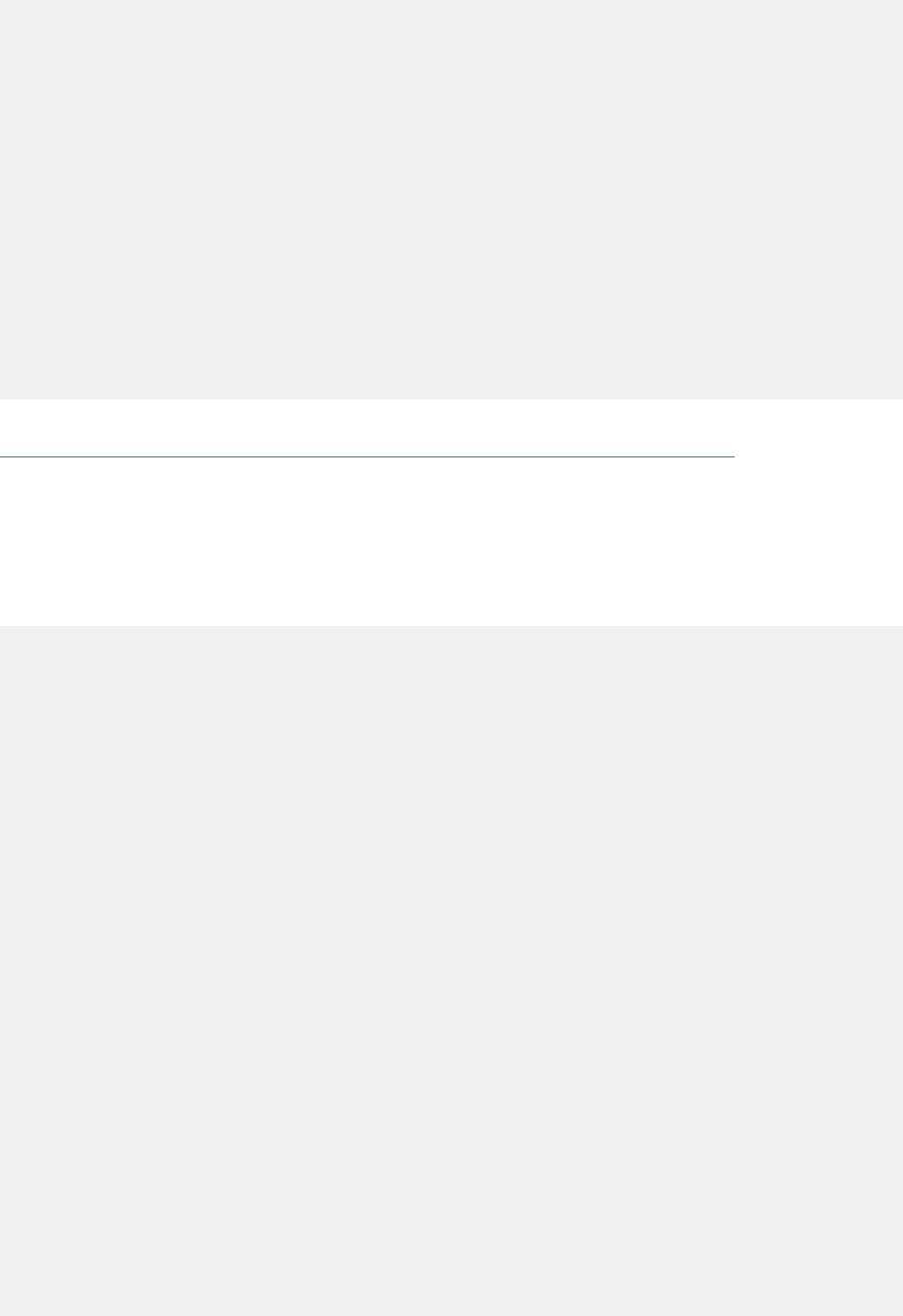
11670000
/***************************************************************** 11680000
* format and print the SQL message * 11690000
*****************************************************************/ 11700000
DSNTIARrc = dsntiar( &sqlca, &error_message, &lrecl ); 11710000
if( DSNTIARrc == 0 ) 11720000
for( j = 0; j <= 10; j++ ) 11730000
printf( " %.80s\n", error_message.error_text[j] ); 11740000
else 11750000
{ 11760000
printf( " *** ERROR: DSNTIAR could not format the message\n" );11770000
printf( " *** SQLCODE is %d\n",SQLCODE ); 11780000
printf( " *** SQLERRM is \n" ); 11790000
for( j=0; j<sqlca.sqlerrml; j++ ) 11800000
printf( "%c", sqlca.sqlerrmc[j] ); 11810000
printf( "\n" ); 11820000
} 11830000
11840000
/***************************************************************** 11850000
* set severe error code * 11860000
*****************************************************************/ 11870000
rc = RETSEV; 11880000
11890000
} /* end of issueSqlError */ 11900000
Related reference
“Sample programs to help you prepare and run external SQL procedures” on page 302
Db2 provides sample jobs to help you prepare and run external SQL procedures. All samples are in data
set DSN1210.SDSNSAMP. Before you can run the samples, you must customize them for your installation.
DSN8WLMP
This JCL can be customized to establish the WLM startup PROC needed to run DSNTPSMP, the Db2 SQL
Procedures Processor, and to run ADMIN_UPDATE_SYSPARM, the Db2 stored procedure that changes
subsystem parameters.
//*********************************************************************
//* Name = DSN8WLMP
//*
//* Descriptive Name =
//* DB2 Sample WLM startup PROC for DSNTSPMP, the DB2 SQL Procedures
//* Processor, and for ADMIN_UPDATE_SYSPARM, the DB2 stored
//* procedure that changes subsystem parameters.
//*
//*
//* Licensed Materials - Property of IBM
//* 5635-DB2
//* (C) COPYRIGHT 1982, 2006 IBM Corp. All Rights Reserved.
//*
//* STATUS = Version 11
//*
//* Function =
//* This JCL can be customized to establish the WLM startup PROC
//* needed to run DSNTPSMP, the DB2 SQL Procedures Processor,
//* and to run ADMIN_UPDATE_SYSPARM, the DB2 stored procedure
//* that changes subsystem parameters.
//*
//* Before you can use this procedure, you need to have defined a
//* WLM Application Environment for running DSNTPSMP and
//* ADMIN_UPDATE_SYSPARM.
//*
//* *** *** *** *** *** *** IMPORTANT *** *** *** *** *** *** ***
//* For DSNTPSMP and ADMIN_UPDATE_SYSPARM, NUMTCB=1 is required.
//* Specify no other value. This assures concurrent executions
//* of DSNTPSMP and ADMIN_UPDATE_SYSPARM will run in their
//* own address space, which is needed for proper dataset
//* operation from within a REXX/TSO DB2 stored procedure.
//*
//* (1) Customize this proc for use on your system by locating and
//* changing all occurrences of the following strings as
//* indicated:
//* (A) '!WLMENV!' to the name of the WLM Application Environment
//* you have chosen for running DSNTPSMP and
//* ADMIN_UPDATE_SYSPARM
//* (B) '!DSN8WLMP!' to the name of the WLM Procedure associated
//* with that environment
//* (C) '!DSN!' to the name of your DB2 subsystem
//* (D) 'CBC!!' to the prefix of your target library for
318
Db2 12 for z/OS: Application Programming and SQL Guide (Last updated: 2024-07-30)

//* IBM C/C++ for z/OS
//* (E) 'CEE!!' to the prefix of your target library for
//* IBM Language Environment for z/OS
//* (F) 'DSN!!0' to the prefix of your target library for
//* DB2 for z/OS
//* (2) Copy the customized proc to your MVS proclib, to the member
//* you specified as the WLM procedure name for the WLM
//* application environment you have chosen for running DSNTPSMP
//* and ADMIN_UPDATE_SYSPARM
//* Note: This should be the same value as you specified in
//* step 1B, above.
//*
//* CHANGE LOG:
//* 09/20/2012 Add ZPMDFLTS for ADMIN_UPDATE_SYSPARM DK1557/PM71114
//*
//*********************************************************************
//!DSN8WLMP! PROC DB2SSN=!DSN!,NUMTCB=1,APPLENV=!WLMENV!
//*
//NUMTCB@1 SET NUMTCB= <== Null NUMTCB symbol
//*
//DSNTPSMP EXEC PGM=DSNX9WLM,TIME=1440,
// PARM='&DB2SSN,1,&APPLENV', <== Use 1, not NUMTCB
// REGION=0M,DYNAMNBR=5 <== Allow for Dyn Allocs
//* Include SDSNEXIT to use Secondary Authids (DSN3@ATH DSN3@SGN exits)
//STEPLIB DD DISP=SHR,DSN=DSN!!0.SDSNEXIT
// DD DISP=SHR,DSN=DSN!!0.SDSNLOAD
// DD DISP=SHR,DSN=CBC!!.SCCNCMP <== C Compiler
// DD DISP=SHR,DSN=CEE!!.SCEERUN <== LE runtime
//SYSEXEC DD DISP=SHR, <== Location of DSNTPSMP
// DSN=DSN!!0.SDSNCLST and DSNADMUZ
//SYSTSPRT DD SYSOUT=*
//CEEDUMP DD SYSOUT=*
//SYSPRINT DD SYSOUT=*
//SYSABEND DD DUMMY
//DSNTRACE DD SYSOUT=*
//*
//**** Data sets required by the SQL Procedures Processor
//SQLDBRM DD DISP=SHR, <== DBRM Library
// DSN=DSN!!0.DBRMLIB.DATA
//SQLCSRC DD DISP=SHR, <== Generated C Source
// DSN=DSN!!0.SRCLIB.DATA
//SQLLMOD DD DISP=SHR, <== Application Loadlib
// DSN=DSN!!0.RUNLIB.LOAD
//SQLLIBC DD DISP=SHR, <== C header files
// DSN=CEE!!.SCEEH.H
// DD DISP=SHR,
// DSN=CEE!!.SCEEH.SYS.H
// DD DISP=SHR, <== Debug header file
// DSN=DSN!!0.SDSNC.H
//SQLLIBL DD DISP=SHR, <== Linkedit includes
// DSN=CEE!!.SCEELKED
// DD DISP=SHR,
// DSN=DSN!!0.SDSNLOAD
//SYSMSGS DD DISP=SHR, <== Prelinker msg file
// DSN=CEE!!.SCEEMSGP(EDCPMSGE)
//*
//**** DSNTPSMP Configuration File - CFGTPSMP (optional)
//* A site provided sequential dataset or member, used to
//* define customized operation of DSNTPSMP in this APPLENV.
//*CFGTPSMP DD DISP=SHR,DSN=
//*
//**** Workfiles required by the SQL Procedures Processor
//SQLSRC DD UNIT=SYSALLDA,SPACE=(23440,(20,20)),
// DCB=(RECFM=FB,LRECL=80,BLKSIZE=23440)
//SQLPRINT DD UNIT=SYSALLDA,SPACE=(23476,(20,20)),
// DCB=(RECFM=VB,LRECL=137,BLKSIZE=23476)
//SQLTERM DD UNIT=SYSALLDA,SPACE=(23476,(20,20)),
// DCB=(RECFM=VB,LRECL=137,BLKSIZE=23476)
//SQLOUT DD UNIT=SYSALLDA,SPACE=(23476,(20,20)),
// DCB=(RECFM=VB,LRECL=137,BLKSIZE=23476)
//SQLCPRT DD UNIT=SYSALLDA,SPACE=(23476,(20,20)),
// DCB=(RECFM=VB,LRECL=137,BLKSIZE=23476)
//SQLUT1 DD UNIT=SYSALLDA,SPACE=(23440,(20,20)),
// DCB=(RECFM=FB,LRECL=80,BLKSIZE=23440)
//SQLUT2 DD UNIT=SYSALLDA,SPACE=(23440,(20,20)),
// DCB=(RECFM=FB,LRECL=80,BLKSIZE=23440)
//SQLCIN DD UNIT=SYSALLDA,SPACE=(32000,(20,20))
//SQLLIN DD UNIT=SYSALLDA,SPACE=(3200,(30,30)),
// DCB=(RECFM=FB,LRECL=80,BLKSIZE=3200)
//SQLDUMMY DD DUMMY
//SYSMOD DD UNIT=SYSALLDA,SPACE=(23440,(20,20)), <= PRELINKER
// DCB=(RECFM=FB,LRECL=80,BLKSIZE=23440)
Chapter 3. Db2 SQL programming
319

//*
//**** Data sets required by ADMIN_UPDATE_SYSPARM
//ZPMDFLTS DD DISP=SHR, <== Defaults file
// DSN=DSN!!0.NEW.SDSNSAMP(DSNADMZW)
//*
Related reference
“Sample programs to help you prepare and run external SQL procedures” on page 302
Db2 provides sample jobs to help you prepare and run external SQL procedures. All samples are in data
set DSN1210.SDSNSAMP. Before you can run the samples, you must customize them for your installation.
DSN8ED5
Demonstrates how to call the sample SQL procedure DSN8.
/********************************************************************* 00010000
* Module name = DSN8ED5 (DB2 sample program) * 00020000
* * 00030000
* DESCRIPTIVE NAME = Client for sample SQL Procedure DSN8.DSN8ES2 * 00040000
* * 00050000
* * 00060000
* LICENSED MATERIALS - PROPERTY OF IBM * 00070000
* 5675-DB2 * 00080000
* (C) COPYRIGHT 1999, 2000 IBM CORP. ALL RIGHTS RESERVED. * 00100000
* * 00130000
* STATUS = VERSION 7 * 00140000
* * 00170000
* Function: Demonstrates how to call the sample SQL procedure * 00230000
* DSN8.DSN8ES2 using static SQL. * 00240000
* * 00250000
* Notes: * 00260000
* Dependencies: Requires IBM C/C++ for OS/390 V1R3 or higher * 00270000
* * 00280000
* Restrictions: * 00290000
* * 00300000
* Module type: C program * 00310000
* Processor: IBM C/C++ for OS/390 V1R3 or higher * 00320000
* Module size: See linkedit output * 00330000
* Attributes: Re-entrant and re-usable * 00340000
* * 00350000
* Entry Point: DSN8ED5 * 00360000
* Purpose: See Function * 00370000
* Linkage: Standard MVS program invocation, one parameter. * 00380000
* * 00390000
* * 00400000
* Parameters: DSN8ED5 uses the C "main" argument convention of * 00410000
* argv (argument vector) and argc (argument count). * 00420000
* * 00430000
* - ARGV[0]: (input) pointer to a char[9], * 00440000
* null-terminated string having the name of * 00450000
* this program (DSN8ED5) * 00460000
* - ARGV[1]: (input) pointer to a char[10], * 00470000
* null-terminated string that contains the * 00480000
* amount of the base bonus for sample * 00490000
* managers. The format is: nnnnnn.nn * 00500000
* - ARGV[2]: (input) pointer to a char[17], * 00510000
* null-terminated string having the name of * 00520000
* the server where DSN8.DSN8ES2 resides. * 00530000
* This is an optional parameter; the local * 00540000
* server is used if no argument is provided. * 00550000
* * 00560000
* Normal Exit: Return Code: 0000 * 00570000
* - Message: none * 00580000
* * 00590000
* Error Exit: Return Code: 0008 * 00600000
* - Message: DSN8ED5 failed: Invalid parameter count * 00610000
* - Message: DSN8ED5 failed: Argument to parameter 1 * 00620000
* exceeds 9 bytes * 00630000
* - Message: DSN8ED5 failed: No result from DSN8.DSN8ES2* 00640000
* - Message: <formatted SQL text from DSNTIAR> * 00650000
* * 00660000
* * 00670000
* External References: * 00680000
* - Routines/Services: DSNTIAR: DB2 msg text formatter * 00690000
* - Data areas : None * 00700000
* - Control blocks : None * 00710000
* * 00720000
* Pseudocode: * 00730000
* DSN8ED5: * 00740000
320
Db2 12 for z/OS: Application Programming and SQL Guide (Last updated: 2024-07-30)

* - Verify that 2 or 3 input parameters (program name, base bonus * 00750000
* amount and, optionally, remote location name) were passed. * 00760000
* - if not, issue diagnostic message and end with code 0008 * 00770000
* - Connect to the remote location, if one was specified * 00780000
* - Call sample SQL Procedure DSN8.DSN8ES2, passing the base bonus * 00790000
* amount as the argument of the first (input) parameter. * 00800000
* - if unsuccessful, call sql_error to issue a diagnostic mes- * 00810000
* sage, then end with code 0008. * 00820000
* - Report the value returned by DSN8.DSN8ES2 in its second * 00830000
* (output) parameter. * 00840000
* End DSN8ED5 * 00850000
* * 00860000
* sql_error: * 00870000
* - call DSNTIAR to format the unexpected SQLCODE. * 00880000
* End sql_error * 00890000
* * 00900000
*********************************************************************/ 00910000
/********************** C library definitions ***********************/ 00920000
#include <stdio.h> 00930000
#include <stdlib.h> 00940000
#include <string.h> 00950000
#include <decimal.h> 00960000
00970000
/***************************** Equates ******************************/ 00980000
#define NULLCHAR '\0' /* Null character */ 00990000
01000000
#define OUTLEN 80 /* Length of output line */ 01010000
#define DATA_DIM 10 /* Number of message lines */ 01020000
01030000
#define NOT_OK 0 /* Run status indicator: Error*/ 01040000
#define OK 1 /* Run status indicator: Good */ 01050000
01060000
01070000
/******************** DB2 SQL Communication Area ********************/ 01080000
EXEC SQL INCLUDE SQLCA; 01090000
01100000
01110000
/************************ DB2 Host Variables ************************/ 01120000
EXEC SQL BEGIN DECLARE SECTION; 01130000
char locationName[17]; /* Server location name */ 01140000
01150000
decimal(15,2) hvBonusBase = 0; /* base bonus for managers */ 01160000
short int niBonusBase = 0; /* Indic var for hvBonusBase */ 01170000
01180000
decimal(15,2) hvBonuses = 0; /* tot bonuses rtnd by DSN8ES2*/ 01190000
short int niBonuses = 0; /* Indic var for hvBonuses */ 01200000
01210000
long int hvSqlErrCd = 0; /* Err SQLCODE from DSN8ES2 */ 01220000
short int niSqlErrCd = 0; /* Indic var for hvSqlErrCd */ 01230000
01240000
EXEC SQL END DECLARE SECTION; 01250000
01260000
01270000
/********************** DB2 Message Formatter ***********************/ 01280000
struct error_struct /* DSNTIAR message structure */ 01290000
{ 01300000
short int error_len; 01310000
char error_text[DATA_DIM][OUTLEN]; 01320000
} error_message = {DATA_DIM * (OUTLEN)}; 01330000
01340000
#pragma linkage( dsntiar, OS ) 01350000
01360000
extern short int dsntiar( struct sqlca *sqlca, 01370000
struct error_struct *msg, 01380000
int *len ); 01390000
01400000
01410000
/********************* DSN8ED5 Global Variables *********************/ 01420000
short int status = OK; /* DSN8ED5 run status */ 01430000
01440000
long int completion_code = 0; /* DSN8ED5 return code */ 01450000
01460000
01470000
/******************** DSN8ED5 Function Prototypes *******************/ 01480000
int main( int argc, char *argv[] ); 01490000
void sql_error( char locmsg[] ); 01500000
01510000
01520000
int main( int argc, char *argv[] ) 01530000
/********************************************************************* 01540000
* Get input parms, pass them to DSN8ES2, and process the results * 01550000
*********************************************************************/ 01560000
Chapter 3. Db2 SQL programming
321

{ 01570000
printf( "**** DSN8ED5: Sample client for DB2 SQL Procedure Sample " 01580000
"(DSN8.DSN8ES2)\n\n" ); 01590000
printf( "*\n" ); 01600000
01610000
if( argc < 2 || argc > 3 ) 01620000
{ 01630000
printf( "DSN8ED5 failed: Invalid parameter count\n" ); 01640000
status = NOT_OK; 01650000
} 01660000
else if( strlen(argv[1]) > 9 ) 01670000
{ 01680000
printf( "DSN8ED5 failed: Bonus base exceeds 9 bytes. " 01690000
"Use format: nnnnnn.nn\n" ); 01700000
status = NOT_OK; 01710000
} 01720000
else 01730000
{ /* Convert the input parameter from a string to a decimal */ 01740000
hvBonusBase = atof( argv[1] ); 01750000
} 01760000
01770000
/******************************************************************* 01780000
* Validate remote location name, if one is specified * 01790000
*******************************************************************/ 01800000
if( argc == 3 && status == OK ) 01810000
if( strlen( argv[2] ) < 1 || strlen( argv[2] ) > 16 ) 01820000
{ 01830000
printf( "DSN8ED5 failed: Length of location name must be " 01840000
"1 to 16 bytes\n" ); 01850000
status = NOT_OK; 01860000
} 01870000
else 01880000
{ 01890000
strcpy( locationName,argv[2] ); 01900000
printf( "* Processing at location: %s\n",locationName ); 01910000
printf( "*\n" ); 01920000
} 01930000
else 01940000
locationName[0] = NULLCHAR; 01950000
01960000
if( status == OK ) 01970000
{ 01980000
printf( "* Base bonus amount: %D(15,2)\n",hvBonusBase ); 01990000
printf( "*\n" ); 02000000
} 02010000
02020000
/******************************************************************* 02030000
* Connect to the remote location, if one was specified * 02040000
*******************************************************************/ 02050000
if( strlen(locationName) > 0 && status == OK ) 02060000
{ 02070000
EXEC SQL CONNECT TO :locationName; 02080000
if( SQLCODE != 0 ) 02090000
sql_error( " *** Connect to remote server" ); 02100000
} 02110000
02120000
/******************************************************************* 02130000
* Process the call to DSN8.DSN8ES2 * 02140000
*******************************************************************/ 02150000
if( status == OK ) 02160000
{ 02170000
EXEC SQL CALL DSN8.DSN8ES2( :hvBonusBase :niBonusBase, 02180000
:hvBonuses :niBonuses, 02190000
:hvSqlErrCd :niSqlErrCd ); 02200000
if( SQLCODE != 0 ) 02210000
sql_error( " *** Call DSN8.DSN8ES2" ); 02220000
else if( niSqlErrCd == 0 ) 02230000
{ 02240000
printf( "DSN8ED5 failed: Error SQLCODE from DSN8.DSN8ES2 " 02250000
"is %i\n", hvSqlErrCd ); 02260000
status = NOT_OK; 02270000
} 02280000
else if( niBonuses != 0 ) 02290000
{ 02300000
printf( "DSN8ED5 failed: No result from DSN8.DSN8ES2\n" ); 02310000
status = NOT_OK; 02320000
} 02330000
else 02340000
{ 02350000
printf( "* Total bonuses paid to management: $%D(15,2)\n", 02360000
hvBonuses ); 02370000
} 02380000
322
Db2 12 for z/OS: Application Programming and SQL Guide (Last updated: 2024-07-30)

} 02390000
02400000
if( status != OK ) 02410000
completion_code = 8; 02420000
02430000
return( completion_code ); 02440000
02450000
} /* end main */ 02460000
02470000
02480000
/********************************************************************* 02490000
********************************************************************** 02500000
** SQL error handler ** 02510000
********************************************************************** 02520000
*********************************************************************/ 02530000
void sql_error( char locmsg[] ) /*proc*/ 02540000
{ 02550000
02560000
02570000
short int rc; /* DSNTIAR Return code */ 02580000
int j,k; /* Loop control */ 02590000
static int lrecl = OUTLEN; /* Width of message lines */ 02600000
02610000
/******************************************************************* 02620000
* set status to prevent further processing * 02630000
*******************************************************************/ 02640000
status = NOT_OK; 02650000
02660000
/******************************************************************* 02670000
* print the locator message * 02680000
*******************************************************************/ 02690000
printf( " %.80s\n", locmsg ); 02700000
02710000
/******************************************************************* 02720000
* format and print the SQL message * 02730000
*******************************************************************/ 02740000
rc = dsntiar( &sqlca, &error_message, &lrecl ); 02750000
if( rc == 0 ) 02760000
for( j=0; j<DATA_DIM; j++ ) 02770000
{ 02780000
for( k=0; k<OUTLEN; k++ ) 02790000
putchar(error_message.error_text[j][k] ); 02800000
putchar('\n'); 02810000
} 02820000
else 02830000
{ 02840000
printf( " *** ERROR: DSNTIAR could not format the message\n" ); 02850000
printf( " *** SQLCODE is %d\n",SQLCODE ); 02860000
printf( " *** SQLERRM is \n" ); 02870000
for( j=0; j<sqlca.sqlerrml; j++ ) 02880000
printf( "%c", sqlca.sqlerrmc[j] ); 02890000
printf( "\n" ); 02900000
} 02910000
02920000
} /* end of sql_error */ 02930000
Related reference
“Sample programs to help you prepare and run external SQL procedures” on page 302
Db2 provides sample jobs to help you prepare and run external SQL procedures. All samples are in data
set DSN1210.SDSNSAMP. Before you can run the samples, you must customize them for your installation.
DSNTEJ67
This job demonstrates two important steps to follow when considering the conversion of an external SQL
procedure to a native SQL procedure.
//*********************************************************************
//* Name = DSNTEJ67
//*
//* Descriptive Name =
//* DB2 Sample Application
//* Phase 6
//* REXX and SQL PL
//*
//* Licensed Materials - Property of IBM
//* 5615-DB2
//* (C) COPYRIGHT 2010, 2013 IBM Corp. All Rights Reserved.
//*
//* STATUS = Version 12
Chapter 3. Db2 SQL programming
323

//*
//* Function = This job demonstrates two important steps to follow when
//* considering the conversion of an external SQL procedure
//* to a native SQL procedure. It all begins with a copy of
//* the external SQL procedure source:
//* 1) Modify the SQL procedure options in the source
//* a) REMOVE options that relate only to external
//* SQL procedures
//* b) ADD native SQL PL options that relate to DB2
//* precompiler options
//* c) ADD native SQL PL options that relate to DB2
//* BIND PACKAGE options
//* 2) Review the SQL procedure source logic. Address
//* any identified syntax issues or published semantic
//* incompatibilities.
//*
//* Pseudocode =
//* This sample assists in this activity by performing the following:
//*
//* PH067S00 Step
//* Define the DB2 SSID to use for this job.
//* PH067S01 Step
//* Define Input. Identify the name of an external SQL SP with
//* source saved in DB2 (SYSIBM.SYSROUTINES_SRC).
//* PH067S02 Step
//* Define Output. Specify an output data set where the extracted
//* and modified SQL SP source is to be placed.
//* PH067S03 Step
//* Setup the sample REXX services to used for this job.
//* PH067S04 Step
//* Execute the DSNTEJ67 sample conversion process.
//* - Validate the SP name (using the NAMPARTS service)
//* - Verify the output file is usable (using the CHKANYFV service)
//* - Deploy DSN8EN1, a sample native
//* SQL SP helper for use later (using the CRSQLPL service)
//* - Extract external SQL SP source (using the SQLPLSRC service)
//* - Save the source in the output file
//* - for a RECFM V output file (using the ANY2SQLV service)
//* - for a RECFM F output file (using the SQLV2F service)
//* - Validate and inspect the source (using the CHKSQLPL service)
//* - Produce a table of contents to
//* describe the DDL syntax elements
//* present in the SQL PL source (using the SQLPLTOC service)
//* - Dissect the external SQL SP source
//* removing all the SP options
//* - Get the replacement options for
//* native SQL PL use by calling the
//* helper SQL SP deployed earlier (using the SQLCALL service)
//* - Reassemble the SQL SP source as a
//* string and write it to a RECFM V
//* temporary file (aka SQLV) (using the STR2SQLV service)
//* - Update the output file
//* - for a RECFM V output (using the ANY2SQLV service)
//* - for a RECFM F output (using the SQLV2F service)
//* - Write a special format temp file
//* (aka s80) for the precompiler (using the SQLV2F service)
//* - Obtain a HOST(SQLPL) Checkout
//* precompiler listing of the SQL SP
//* source for job log output. (using the CHKSQLPL service)
//* - Set the Job step RC.
//*
//*
//* Dependencies =
//* (1) Run sample job DSNTEJ65 prior to running this job.
//* That job uses the DB2 SQL procedure processor DSNTPSMP to
//* deploy the sample external SQL procedure DSN8.DSN8ES2, which
//* is the external SQL Procedure this job processes by default.
//*
//* Note: Run this job at the same site where DSNTEJ65 created
//* DSN8.DSN8ES2. Otherwise this job will terminate in
//* job step PH067S04 with rc=8 and the following
//* messages:
//* *SQLPLSRC* Error obtaining Source, SQLPL procedure
//* was not found
//* *SQLPLSRC* RC=6
//* DSNTEJ67 Cannot extract SQL procedure source
//*
//* Notes =
//* Prior to running this job, customize it for your system:
//* (1) Add a valid job card
//* (2) Locate and change all occurrences of the following strings
//* as indicated:
324
Db2 12 for z/OS: Application Programming and SQL Guide (Last updated: 2024-07-30)

//* (A) '!DSN!' to the subsystem name of your DB2. This is
//* located in Step 0.
//* (B) 'DSN!!0' to the prefix of the target library for the
//* current DB2 release. This is located in the
//* JOBLIB, Step 3 and Step 4.
//* (3) (Optional) Change either of the following to customize the
//* input and output of this job for your particular purposes:
//*
//* (A) Change the name of the external SQL procedure to be
//* processed by this job. This is defined in job Step 1.
//* The name must include the schema qualifier. It must
//* designate an operational external SQL SP which was
//* deployed using the DB2 SQL procedure processor DSNTPSMP.
//*
//* (B) Change the data set where the extracted and modified
//* SQL procdure source will be written. This is defined in
//* job Step 2. The specification can be for an existing
//* data set or data set member, qualified or not qualified.
//* or represented by a DD descriptor (in the form of
//* DD:ddname). Any existing data set or ddname allocation
//* must be for a RECFM=F,FB,V,VB sequential data set or
//* data set member. (If an unallocated ddname is provided
//* a temporary sequential data set will be allocated.)
//*
//* Change Activity = ( V11 base pm76443 )
//* Apr2013 - Add version activation of native SQL PL helper routine
//* Aug2013 - Clarify prolog notes on DSN8ES2 dependency PM92730
//*
//*********************************************************************
//JOBLIB DD DISP=SHR,DSN=DSN!!0.SDSNEXIT
// DD DISP=SHR,DSN=DSN!!0.SDSNLOAD
//*
//*********************************************************************
//* Step 0: Store the default DB2 System SSID in a temporary data set
//* for use by various steps and services that are run.
//*********************************************************************
//PH067S00 EXEC PGM=IEBGENER
//SYSUT1 DD * Enter the desired DB2 SSID or Group attachment name
!DSN!
//SYSUT2 DD DSN=&&PARM0,DISP=(NEW,PASS),SPACE=(TRK,1),
// DCB=(LRECL=80,RECFM=FB,BLKSIZE=160)
//SYSPRINT DD DUMMY
//SYSIN DD DUMMY
//*********************************************************************
//* Step 1: Store the desired external SQL SP name to processs.
//* Specify a fully qualified SP name (2-parts, schema+name).
//*********************************************************************
//PH067S01 EXEC PGM=IEBGENER
//SYSUT1 DD * For a long name, wrap the input at column 72
DSN8.DSN8ES2
//*-+----1----+----2----+----3----+----4----+----5----+----6----+----7--
//SYSUT2 DD DSN=&&PARM1,DISP=(NEW,PASS),SPACE=(TRK,1),
// DCB=(LRECL=72,RECFM=FB,BLKSIZE=576)
//SYSPRINT DD DUMMY
//SYSIN DD *
GENERATE MAXFLDS=1
RECORD FIELD=(72)
//*********************************************************************
//* Step 2: Identify the desired data set name to store the extracted
//* and modified SQL procedure source. Must be Recfm F or V,
//* sequential or member, or a non-existing data set/member.
//* The spcification can be a qualified name, a non-qualified
//* name or a DD descriptor (in the form of DD:ddname).
//*********************************************************************
//PH067S02 EXEC PGM=IEBGENER
//SYSUT1 DD *
DD:TEMPSRC
//SYSUT2 DD DSN=&&PARM2,DISP=(NEW,PASS),SPACE=(TRK,1),
// DCB=(LRECL=72,RECFM=FB,BLKSIZE=576)
//SYSPRINT DD DUMMY
//SYSIN DD *
GENERATE MAXFLDS=1
RECORD FIELD=(72)
//*********************************************************************
//* Step 3: Populate a temporary PDS with REXX services used locally
//*********************************************************************
//PH067S03 EXEC PGM=IEBUPDTE,PARM=NEW
//SYSPRINT DD DUMMY
//SYSUT2 DD DSN=&&REXXPDS,DISP=(NEW,PASS),
// SPACE=(TRK,(5,5,2)),DCB=(LRECL=80,RECFM=FB,DSORG=PO)
//SYSIN DD DSN=DSN!!0.SDSNMACS(DSN8ERL1),
// DISP=SHR
Chapter 3. Db2 SQL programming
325

// DD DATA,DLM='@@'
./ ADD NAME=DSNTEJ67
/* ***** REXX ******** DSNTEJ67 command **************************** */
address TSO
PREPSSID '. V9 NFM'
if rc>=8 then do;
Say 'DSNTEJ67 Unable to establish a connection to DB2';
exit 8;
end;
/* From DD:SPNAME read the stored procedure name to extract from DB2.
* The name must be a schema qualified SP name (2-part name).
* The SP must be for an external SQL procedure, with source in DB2.
*/
'EXECIO * DISKR SPNAME (OPEN FINIS STEM TEMP.';
spname='';
do i = 1 to TEMP.0;
spname = spname || TEMP.i;
end;
spname = "STRIP"(spname,'B');
/* Process the passed name to get the name parts,
* plus the string and delimited forms.
*/
parse value "NAMPARTS"( spname ) with p# . namSpec
if p#<>2 then do;
say 'DSNTEJ67 the passed SP name' spname,
'was not schema qualified (2-parts)'
exit 8;
end;
parse var namSpec a b c d e . ':' +1 sNam +(a) sSch +(b) . +(c),
qNam +(d) qSch +(e)
spname = qSch'.'qNam /* 2-part fully qualified form now */
/* From DD:SOURCEDS read the data set specification for where the
* extracted and modified SQL proc source should be written at JOB end.
*/
'EXECIO * DISKR SOURCEDS (OPEN FINIS STEM TEMP.';
sourceFile='';
do i = 1 to TEMP.0;
sourceFile = sourceFile || TEMP.i;
end;
sourceFile = "STRIP"(sourceFile,'B');
/* Find the status of the target data set for the source. It must be a
* Sequential data set, F or V record format (or capable of same).
*/
parse value "CHKANYFV"(sourceFile) with oRecfm oLrecl oEmpty;
if oRecfm='' then do;
say 'DSNTEJ67 Cannot use the designated data set' sourceFile,
'for SQL PL source'
exit 8;
end;
prepConv:
/* From DD:HELPRSP1 deploy the native SQL SP DSN8.DSN8EN1 that will
* provide native options for the external SQL proc to be migrated.
* Use the subroutine form of the CRSQLPL service, asking for return
* of a version activation statement, for processing after deployment.
*/
Say 'Setting up the native SQL PL helper routine...'
call "CRSQLPL" 'DD:HELPRSP1', , , 'RETACTIVATE';
parse var result rc . 1 tok1 VerStmt ;
if "DATATYPE"(rc,'W')=0 then select; /* OK, 1st word not a number */
when tok1='/*CP*/' then rc=0; /* Skip ACTIVATE for CREATE */
when "WORDPOS"(tok1,'/*APR*/ /*APA*/')>0 /* ALTER REP, ALTER ADD */
then rc = ActivateRtnVer( VerStmt );
otherwise rc=8; /* Problem, force an error. */
end /* select */;
if RC>4 then do;
say 'DSNTEJ67 cannot deploy the native SP used for migration.';
exit 8;
end;
allocList=''; /* List of DDnames we allocate */
extractSQLproc:
/* Extract the SP source to a temporary SQLV file. Also get an S80
* format edition to use with the precompiler for inspection purposes.
*/
'SQLPLSRC' spname 'DD:SQLVE' 'DD:S80E' 'ASIS';
if RC>4 then do;
say 'DSNTEJ67 Cannot extract SQL procedure source';
326
Db2 12 for z/OS: Application Programming and SQL Guide (Last updated: 2024-07-30)

exit 8;
end;
allocList='SQLVE,S80E'; /* allocated FOR us */
/* Write extracted source ASIS now to the output data set.
* We will rewrite it again later after reaching the point of editing.
*/
if oRecfm='F' then do;
if oLrecl=80 then seq='SEQ'; else seq='';
"SQLV2F" 'DD:SQLVE' sourceFile seq
end;
else "ANY2SQLV" 'DD:SQLVE' sourceFile 'EXTEND'
if RC<>0 then do;
say 'DSNTEJ67 Cannot write extracted source to data set' sourceFile
exit 8;
end;
else say 'Source for SP' spname 'written to data set' sourceFile
verifyExtSQL:
/* Verify the extracted source is valid external SQL procedure source
* before going to far. Use the HOST(SQL) precompiler.
*/
/* Keep DD:LISTING active till then end. */
'ALLOCATE DDNAME(LISTING) NEW REUSE';
'CHKSQLPL' 'DD:S80E' 'DD:LISTING' '.' 'MAR(1,80) HOST(SQL)'
if RC>4 then do;
msg='DSNTEJ67 Extracted external SQL procedure source has errors';
call endWithListing msg, allocList;
end;
chkoutSQLPL1:
/* Inspect the extracted external SQL procedure source without change
* using the HOST(SQLPL) Checkout precompiler.
* RC=8 errors are anticipated.
*/
allocList = allocList||',UT1';
'ALLOCATE DDNAME(UT1) NEW REUSE';
'CHKSQLPL' 'DD:S80E' 'DD:LISTING' 'DD:UT1' 'MAR(1,80)'
if RC>8 then do;
msg='DSNTEJ67 Fatal error running HOST(SQLPL) precompiler',
'with external SQL procedure source'
call endWithListing msg, allocList;
end;
/* Getting no UT1 content typically represents a native SQL PL syntax
* issue. In this context, that could be caused by some unforeseen
* difference between valid external SQL PL and native SQL PL syntax.
*/
parse value "CHKANYFV"('DD:UT1') with utR . utE;
if utE<>'1' then do;
msg='DSNTEJ67 Syntax error in external SQL proc source',
'when viewed as native SQL PL';
call endWithListing msg, allocList;
end;
editPrep:
/* Obtain an SQLPL TOC description, to use for editing the source. */
'SQLPLTOC' 'DD:S80E' 'DD:UT1' 'DD:TOC'
if RC<>0 then do;
msg='DSNTEJ67 Unable to prepare for source editing (no TOC).'
call endWithListing msg, allocList;
end;
allocList = allocList||',TOC';
/* Read TOC to get the OPTIONS element descriptor */
opts=''
"EXECIO * DISKR TOC (OPEN FINIS STEM TOC."
do i = 1 to TOC.0;
parse var TOC.i elem desc;
if elem='OPTS:' then do;
opts = desc;
leave;
end;
end;
parse var opts o1 o2 o3 .
parse var o1 or1 ':' oc1; parse var o2 or2 ':' oc2;
/* Bring original external source into memory now, spliting into
* three parts, Front (ahead of options), Back (after options)
* and Middle (the options which will be replaced).
*/
"EXECIO 0 DISKR SQLVE (OPEN"
/* Front: all complete lines before options, into stem FR. */
FR.=''; FR.0=0;
if or1>1
then "EXECIO" or1-1 "DISKR SQLVE (STEM FR.";
Chapter 3. Db2 SQL programming
327

/* Middle: All records that have options on them
* This will be at least one record (where options WOULD go).
*/
if o3='0' /* no options were present */
then "EXECIO 1 DISKR SQLVE (STEM MD.";
else "EXECIO" 1+or2-or1 "DISKR SQLVE (STEM MD.";
/* Back: all the remaining complete lines */
BK.=''; BK.0=0;
"EXECIO * DISKR SQLVE (FINIS STEM BK.";
/* The Middle likely has portions of the Front, the Back, or both.
* Separate those now, and then toss the middle. Process Back first.
*/
if FRm='' then FRm=''; /* collapse existing option indentation */
i=MD.0;
if o3='0'
then j=oc1; /* When no options, the BK middle starts at oc1. */
else j=oc2+1; /* With options, the BK middle starts after oc2. */
parse var MD.i MD.i =(j) BKm
if oc1<2
then FRm='';
else parse var MD.1 FRm =(oc1) MD.1
If MD.0 > 0 then do;
say 'Removing these external SQL procedure options:'
do i = 1 to MD.0; say MD.i; end;
end;
drop MD. TOC.
/* We now have the external source in stems FR., BK.
* and strings FRm and BKm. Release the old options.
* Free our allocated data sets now. Current LISTING remains...
*/
'FREE DDNAME('allocList')';
allocList='';
/* Get the replacement options from the helper routine DSN8.DSN8EN1
* Use the FUNCTION invocation of the SQLCALL service to obtain
* the value of the last parameter (the SP output parm).
*/
call "OUTTRAP" 'TEMP.';
nat_opt=SQLCALL("DSN8.DSN8EN1('"sSch"', '"sNam"', VARCHAR('?', 5120))");
call "OUTTRAP" 'OFF';
if nat_opt='' | nat_opt='8' then do;
msg='DSNTEJ67 Unable to obtain native options for replacement';
call endWithListing msg ;
end;
say 'Inserting these native SQL PL options:';
temp=nat_opt;
do while temp<>'';
parse var temp opn '25'x temp;
say opn;
end;
/* Rewrite Original source using the new Native Options */
new_src='';
do i = 1 to FR.0; new_src=new_src || FR.i || '25'x; end; drop FR.
new_src=new_src || FRm ; drop FRm
new_src=new_src || nat_opt ; drop nat_opt
new_src=new_src || BKm ; drop BKm
do i = 1 to BK.0; new_src=new_src || BK.i || '25'x; drop BK.i; end;
call "STR2SQLV" new_src, 'DD:SQLV'
if oRecfm='F' then do;
if oLrecl=80 then seq='SEQ'; else seq='';
"SQLV2F" 'DD:SQLV' sourceFile seq
end;
else "ANY2SQLV" 'DD:SQLV' sourceFile 'EXTEND'
"SQLV2F" 'DD:SQLV' 'DD:S80' 'S80'
chkoutSQLPL2:
/* Inspect the modified procedure source one last time
* using the HOST(SQLPL) Checkout precompiler.
*/
'CHKSQLPL' 'DD:S80' 'DD:LISTING' '.' 'MAR(1,80)'
rrc=RC;
say 'Final HOST(SQLPL) Checkout Precompile ended with RC='rrc;
if rrc>0 then say 'Inspect the Listing for',
'additional SQLPL source coding issues';
'EXECIO * DISKR LISTING (OPEN FINIS STEM LISTING.';
call trimListing;
'EXECIO' listing.0 'DISKW LISTOUT (OPEN FINIS STEM LISTING.';
'FREE DDNAME(LISTING,SQLV,S80)';
exit rRC;
328
Db2 12 for z/OS: Application Programming and SQL Guide (Last updated: 2024-07-30)

/* ----------------------------------------------------------------- */
activateRtnVer: procedure
/* Process the Activate Version statement passed. Returns 0 or 4. */
parse arg AVstmt ;
rcod=0;
"EXECIO * DISKR DB2SSID (OPEN FINIS STEM TEMP.";
parse var TEMP.1 ssid . ;
say 'Issuing...' AVstmt;
CALL SQLDBS 'ATTACH TO' ssid;
call SQLEXEC "EXECUTE IMMEDIATE :AVSTMT";
if result<0 then do;
say 'Trouble activating the native SQL PL routine version';
say '==>'sqlca.sqlcode'<';
say '==>'sqlca.sqlerrm'<';
call SQLEXEC "ROLLBACK";
rcod=4;
end;
else call SQLEXEC "COMMIT";
call SQLDBS 'DETACH';
return rcod;
endWithListing:
'EXECIO * DISKR LISTING (OPEN FINIS STEM LISTING.';
call trimListing;
'EXECIO' listing.0 'DISKW LISTOUT (OPEN FINIS STEM LISTING.';
'FREE DDNAME(LISTING)';
if arg(2,'E')
then 'FREE DDNAME('arg(2)')'; /* other DDnames to free */
if arg(1,'E')
then say arg(1); /* Message to end with */
exit 8;
/* trimListing: Reduce the occurance of repeated headers, CC and page
* numbers in the listing, so it appears like one
* continuious stream.
*/
trimListing: procedure expose LISTING.
hdrtypes = 'VERSION SYMBOL MESSAGES STATISTICS';
j=0; k=LISTING.0; do i = 1 to k;
parse var LISTING.i 1 cc +1 line;
if cc='1' & "LEFT"(line,19)='DB2 SQL PRECOMPILER' then do; /*Hdr*/
/* Reduce page header occurances */
key="WORD"(line,4);
loc="WORDPOS"(key,hdrtypes);
if loc>0 then do; /* First hdr usage. */
parse var line line 'PAGE' . /* Keep, w/o page num.*/
hdrtypes = "DELWORD"(hdrtypes,loc,1); /* Header now used. */
end;
else iterate; /* Skip redundant hdr.*/
end /*Hdr*/;
j=j+1; LISTING.j="STRIP"(line,'T');
end /* do i ... */;
do i=j+1 to k; drop LISTING.i; end;
LISTING.0=j;
return 1+k-j; /* lines trimmed */
/* ------------------- end DSNTEJ67 -------------------------------- */
@@
./ ENDUP
//*********************************************************************
//* Step 4: Run the sample process to extract external SQL SP source
//* from DB2, convert the source to native SQL PL, save the
//* modified source in a data set and finish with a source
//* listing written to the job log.
//*********************************************************************
//*
//PH067S04 EXEC PGM=IKJEFT01,DYNAMNBR=30
//SYSEXEC DD DSN=&&REXXPDS,DISP=(OLD,PASS)
//SYSTSPRT DD SYSOUT=*
//DB2SSID DD DSN=&&PARM0,DISP=(OLD,PASS)
//SPNAME DD DSN=&&PARM1,DISP=(OLD,PASS)
//SOURCEDS DD DSN=&&PARM2,DISP=(OLD,PASS)
//LISTOUT DD SYSOUT=*
//HELPRSP1 DD DSN=DSN!!0.SDSNIVPD(DSN8EN1),
// DISP=SHR
//SYSTSIN DD *
%DSNTEJ67
/*
Chapter 3. Db2 SQL programming
329

Related reference
“Sample programs to help you prepare and run external SQL procedures” on page 302
Db2 provides sample jobs to help you prepare and run external SQL procedures. All samples are in data
set DSN1210.SDSNSAMP. Before you can run the samples, you must customize them for your installation.
Creating multiple versions of external procedures
For native SQL procedures, you can use Db2 to create and maintain multiple versions of the procedure.
However, for external procedures including external SQL procedures, if you need multiple versions of a
procedure, you need to maintain them manually.
Before you begin
Deprecated function: External SQL procedures are deprecated and not as fully supported as native
SQL procedures. For best results, create native SQL procedures instead. For more information, see
“Creating native SQL procedures” on page 226 and “Migrating an external SQL procedure to a native
SQL procedure” on page 287.
Procedure
To create multiple versions of external procedures, including external SQL procedures, use one of the
following techniques:
• Dene multiple procedures with the same name in different schemas. You can subsequently use the
SQL path to determine which version of the procedure is to be used by a calling program.
• Dene multiple versions of the executable code. You can subsequently use a particular version by
specifying the name of the load module for the version that you want to use on the EXTERNAL clause
of the CREATE PROCEDURE statement or ALTER PROCEDURE statement.
• Dene multiple packages for a procedure. You can subsequently use the COLLID option, the CURRENT
PACKAGESET special register, or the CURRENT PACKAGE PATH special register to specify which
version of the procedure is to be used by the calling application.
• Set up multiple WLM environments to use different versions of a procedure.
Adding and modifying data in tables from application programs
Your application program can add, modify, or delete data in any Db2 table for which you have the
appropriate access.
Inserting data into tables
You can use several different methods to insert data into a table. Decide which method to use based on
the amount of data that you need to insert and the other operations that your program needs to perform.
About this task
Besides using stand-alone INSERT statements, you can use the following ways to insert data into a table:
• You can user the MERGE statement to insert new data and update existing data in the same operation. .
• You can write an application program to prompt for and enter large amounts of data into a table.
• You can also use the Db2 LOAD utility to enter data from other sources.
Related tasks
Inserting data and updating data in a single operation
330
Db2 12 for z/OS: Application Programming and SQL Guide (Last updated: 2024-07-30)

You can update existing data and insert new data in a single operation. This operation is useful when you
want to update a table with a set of rows, some of which are changes to existing rows and some of which
are new rows.
Related reference
LOAD (Db2 Utilities)
Inserting rows by using the INSERT statement
One way to insert data into tables is to use the SQL INSERT statement. This method is useful for inserting
small amounts of data or inserting data from another table or view.
Procedure
Issue an INSERT statement.
By using INSERT statements, you can do the following actions:
• Specify the column values to insert a single row. You can specify constants, host variables, expressions,
DEFAULT, or NULL by using the VALUES clause.
• In an application program, specify arrays of column values to insert multiple rows into a table. Use
host-variable arrays in the VALUES clause of the INSERT FOR n ROWS statement to add multiple rows of
column values to a table.
• Include a SELECT statement in the INSERT statement to tell Db2 that another table or view contains the
data for the new row or rows.
In each case, for every row that you insert, you must provide a value for any column that does not have
a default value. For a column that meets one of the following conditions, specify DEFAULT to tell Db2 to
insert the default value for that column:
• The column is nullable.
• The column is dened with a default value.
• The column has data type ROWID. ROWID columns always have default values.
• The column is an identity column. Identity columns always have default values.
• The column is a row change timestamp column.
The values that you can insert into a ROWID column, an identity column, or a row change timestamp
column depend on whether the column is dened with GENERATED ALWAYS or GENERATED BY DEFAULT.
You can use the VALUES clause of the INSERT statement to insert a single row of column values into a
table. You can either name all of the columns for which you are providing values, or you can omit the list of
column names. If you omit the column name list, you must specify values for all of the columns.
Recommendation: For static INSERT statements, name all of the columns for which you are providing
values for the following reasons:
• Your INSERT statement is independent of the table format. (For example, you do not need to change the
statement when a column is added to the table.)
• You can verify that you are specifying the values in order.
• Your source statements are more self-descriptive.
If you do not name the columns in a static INSERT statement, and a column is added to the table, an
error can occur if the INSERT statement is rebound. An error will occur after any rebind of the INSERT
statement unless you change the INSERT statement to include a value for the new column. This is true
even if the new column has a default value.
When you list the column names, you must specify their corresponding values in the same order as in the
list of column names.
Chapter 3. Db2 SQL programming
331
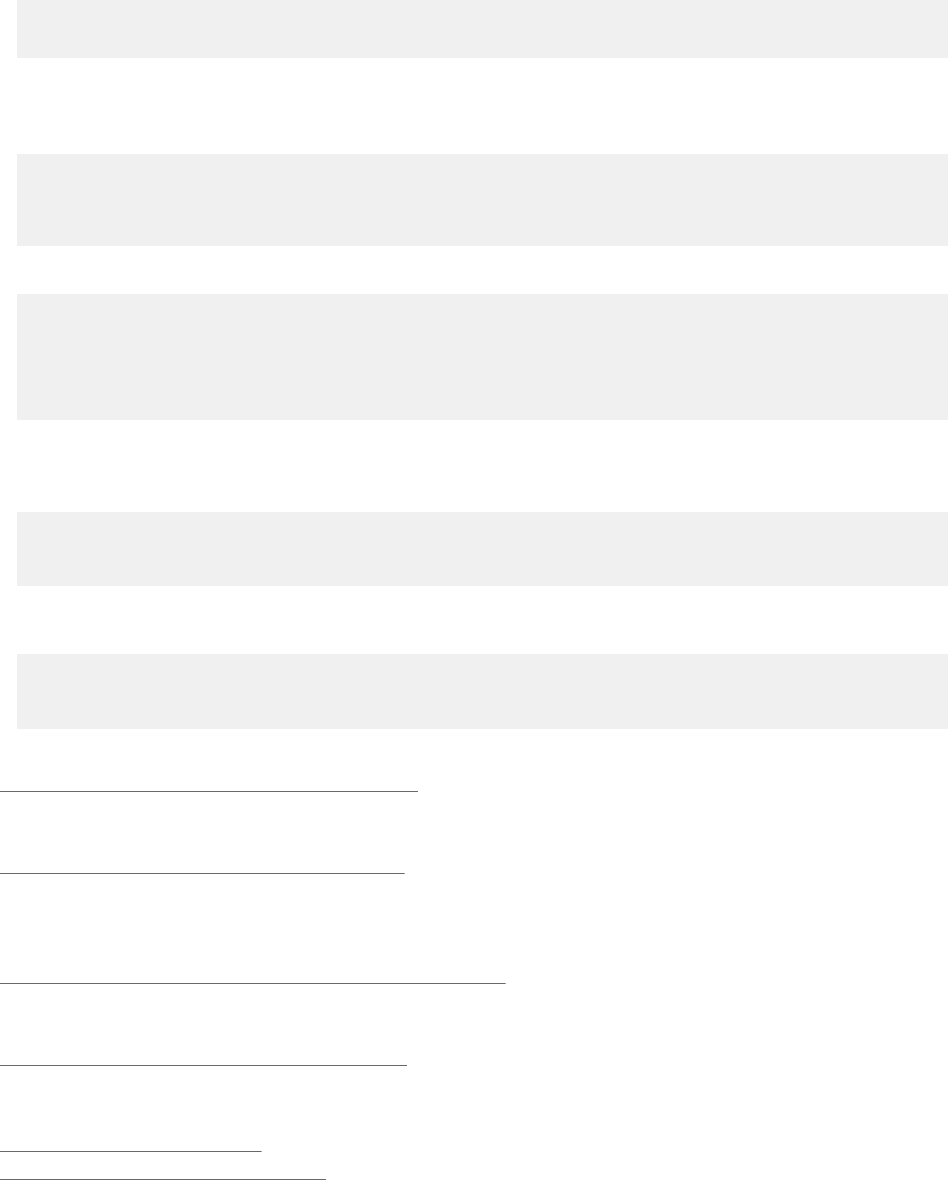
Examples for INSERT statements
• The following statement inserts information about a new department into the YDEPT table.
INSERT INTO YDEPT (DEPTNO, DEPTNAME, MGRNO, ADMRDEPT, LOCATION)
VALUES ('E31', 'DOCUMENTATION', '000010', 'E01', ' ');
After inserting a new department row into your YDEPT table, you can use a SELECT statement to see
what you have loaded into the table. The following SQL statement shows you all of the new department
rows that you have inserted:
SELECT *
FROM YDEPT
WHERE DEPTNO LIKE 'E%'
ORDER BY DEPTNO;
The result table looks similar to the following output:
DEPTNO DEPTNAME MGRNO ADMRDEPT LOCATION
====== ==================================== ====== ======== ===========
E01 SUPPORT SERVICES 000050 A00 -----------
E11 OPERATIONS 000090 E01 -----------
E21 SOFTWARE SUPPORT 000100 E01 -----------
E31 DOCUMENTATION 000010 E01 -----------
• The following statement inserts information about a new employee into the YEMP table. Because the
WORKDEPT column is a foreign key, the value that is inserted for that column (E31) must be a value in
the primary key column, which is DEPTNO in the YDEPT table.
INSERT INTO YEMP
VALUES ('000400', 'RUTHERFORD', 'B', 'HAYES', 'E31', '5678', '1998-01-01',
'MANAGER', 16, 'M', '1970-07-10', 24000, 500, 1900);
• The following statement also inserts a row into the YEMP table. Because the unspecied columns allow
null values, Db2 inserts null values into the columns that you do not specify.
INSERT INTO YEMP
(EMPNO, FIRSTNME, MIDINIT, LASTNAME, WORKDEPT, PHONENO, JOB)
VALUES ('000410', 'MILLARD', 'K', 'FILLMORE', 'D11', '4888', 'MANAGER');
Related concepts
Rules for inserting data into an identity column
An identity column contains a unique numeric value for each row in the table. Whether you can insert data
into an identity column and how that data gets inserted depends on how the column is dened.
Rules for inserting data into a ROWID column
A ROWID column contains unique values that identify each row in a table. Whether you can insert data
into a ROWID column and how that data gets inserted depends on how the column is dened.
Related tasks
Inserting multiple rows of data from host-variable arrays
Use host-variable arrays in your INSERT statement when you do not know at least some of the values to
insert until the program runs.
Inserting rows into a table from another table
You can copy one or more rows from one table into another table.
Related reference
INSERT statement (Db2 SQL)
CREATE TABLE statement (Db2 SQL)
332
Db2 12 for z/OS: Application Programming and SQL Guide (Last updated: 2024-07-30)
Inserting rows into a table from another table
You can copy one or more rows from one table into another table.
Procedure
Use a fullselect within an INSERT statement.
Examples
Example
The following SQL statement creates a table named TELE:
CREATE TABLE TELE
(NAME2 VARCHAR(15) NOT NULL,
NAME1 VARCHAR(12) NOT NULL,
PHONE CHAR(4));
The following statement copies data from DSN8C10.EMP into the newly created table:
INSERT INTO TELE
SELECT LASTNAME, FIRSTNME, PHONENO
FROM DSN8C10.EMP
WHERE WORKDEPT = 'D21';
The two previous statements create and ll a table, TELE, that looks similar to the following table:
NAME2 NAME1 PHONE
=============== ============ =====
PULASKI EVA 7831
JEFFERSON JAMES 2094
MARINO SALVATORE 3780
SMITH DANIEL 0961
JOHNSON SYBIL 8953
PEREZ MARIA 9001
MONTEVERDE ROBERT 3780
The CREATE TABLE statement example creates a table which, at rst, is empty. The table has columns
for last names, rst names, and phone numbers, but does not have any rows.
The INSERT statement lls the newly created table with data that is selected from the DSN8C10.EMP
table: the names and phone numbers of employees in department D21.
Example
The following CREATE statement creates a table that contains an employee's department name and
phone number. The fullselect within the INSERT statement lls the DLIST table with data from rows
that are selected from two existing tables, DSN8C10.DEPT and DSN8C10.EMP.
CREATE TABLE DLIST
(DEPT CHAR(3) NOT NULL,
DNAME VARCHAR(36) ,
LNAME VARCHAR(15) NOT NULL,
FNAME VARCHAR(12) NOT NULL,
INIT CHAR ,
PHONE CHAR(4) );
INSERT INTO DLIST
SELECT DEPTNO, DEPTNAME, LASTNAME, FIRSTNME, MIDINIT, PHONENO
FROM DSN8C10.DEPT, DSN8C10.EMP
WHERE DEPTNO = WORKDEPT;
Rules for inserting data into a ROWID column
A ROWID column contains unique values that identify each row in a table. Whether you can insert data
into a ROWID column and how that data gets inserted depends on how the column is dened.
A ROWID column is a column that is dened with a ROWID data type. You must have a column with a
ROWID data type in a table that contains a LOB column. The ROWID column is stored in the base table
and is used to look up the actual LOB data in the LOB table space. In addition, a ROWID column enables
Chapter 3. Db2 SQL programming
333

you to write queries that navigate directly to a row in a table. For information about using ROWID columns
for direct-row access, see “Specifying direct row access by using row IDs” on page 429.
Before you insert data into a ROWID column, you must know how the ROWID column is dened. ROWID
columns can be dened as GENERATED ALWAYS or GENERATED BY DEFAULT. GENERATED ALWAYS
means that Db2 generates a value for the column, and you cannot insert data into that column. If the
column is dened as GENERATED BY DEFAULT, you can insert a value, and Db2 provides a default value if
you do not supply one.
Example: Suppose that tables T1 and T2 have two columns: an integer column and a ROWID column. For
the following statement to run successfully, ROWIDCOL2 must be dened as GENERATED BY DEFAULT.
INSERT INTO T2 (INTCOL2,ROWIDCOL2)
SELECT * FROM T1;
If ROWIDCOL2 is dened as GENERATED ALWAYS, you cannot insert the ROWID column data from T1 into
T2, but you can insert the integer column data. To insert only the integer data, use one of the following
methods:
• Specify only the integer column in your INSERT statement, as in the following statement:
INSERT INTO T2 (INTCOL2)
SELECT INTCOL1 FROM T1;
• Specify the OVERRIDING USER VALUE clause in your INSERT statement to tell Db2 to ignore any values
that you supply for system-generated columns, as in the following statement:
INSERT INTO T2 (INTCOL2,ROWIDCOL2) OVERRIDING USER VALUE
SELECT * FROM T1;
Related concepts
Direct row access (PRIMARY_ACCESSTYPE='D') (Db2 Performance)
ROWID data type (Introduction to Db2 for z/OS)
Related tasks
Specifying direct row access by using row IDs
For some applications, you can use the value of a ROWID column to navigate directly to a row.
Rules for inserting data into an identity column
An identity column contains a unique numeric value for each row in the table. Whether you can insert data
into an identity column and how that data gets inserted depends on how the column is dened.
An identity column is a numeric column, dened in a CREATE TABLE or ALTER TABLE statement, that has
ascending or descending values. For an identity column to be as useful as possible, its values should
also be unique. The column has a SMALLINT, INTEGER, or DECIMAL(p,0) data type and is dened with
the AS IDENTITY clause. The AS IDENTITY clause species that the column is an identity column. For
information about using identity columns to uniquely identify rows, see “Identity columns” on page 123
Before you insert data into an identity column, you must know how the column is dened. Identity
columns are dened with the GENERATED ALWAYS or GENERATED BY DEFAULT clause. GENERATED
ALWAYS means that Db2 generates a value for the column, and you cannot insert data into that column.
If the column is dened as GENERATED BY DEFAULT, you can insert a value, and Db2 provides a default
value if you do not supply one.
Example: Suppose that tables T1 and T2 have two columns: a character column and an integer column
that is dened as an identity column. For the following statement to run successfully, IDENTCOL2 must be
dened as GENERATED BY DEFAULT.
INSERT INTO T2 (CHARCOL2,IDENTCOL2)
SELECT * FROM T1;
If IDENTCOL2 is dened as GENERATED ALWAYS, you cannot insert the identity column data from T1
into T2, but you can insert the character column data. To insert only the character data, use one of the
following methods:
334
Db2 12 for z/OS: Application Programming and SQL Guide (Last updated: 2024-07-30)
• Specify only the character column in your INSERT statement, as in the following statement:
INSERT INTO T2 (CHARCOL2)
SELECT CHARCOL1 FROM T1;
• Specify the OVERRIDING USER VALUE clause in your INSERT statement to tell Db2 to ignore any values
that you supply for system-generated columns, as in the following statement:
INSERT INTO T2 (CHARCOL2,IDENTCOL2) OVERRIDING USER VALUE
SELECT * FROM T1;
Restrictions when assigning values to columns with distinct types
Certain conditions are required when you assign a column value to another column or when you assign a
constant to a column of a distinct type. If the conditions are not met, you cannot assign the value.
When assigning a column value to another column or a constant to a column of a distinct type, the type of
the value that is to be assigned must match the column type, or you must be able to cast one type to the
other. Otherwise, you cannot assign the value.
If you need to assign a value of one distinct type to a column of another distinct type, a function must
exist that converts the value from one type to another. Because Db2 provides cast functions only between
distinct types and their source types, you must write the function to convert from one distinct type to
another.
Assigning column values to columns with different distinct types
Suppose tables JAPAN_SALES and JAPAN_SALES_03 are dened like this:
CREATE TABLE JAPAN_SALES
(PRODUCT_ITEM INTEGER,
MONTH INTEGER CHECK (MONTH BETWEEN 1 AND 12),
YEAR INTEGER CHECK (YEAR > 1990),
TOTAL JAPANESE_YEN);
CREATE TABLE JAPAN_SALES_03
(PRODUCT_ITEM INTEGER,
TOTAL US_DOLLAR);
You need to insert values from the TOTAL column in JAPAN_SALES into the TOTAL column of
JAPAN_SALES_03. Because INSERT statements follow assignment rules, Db2 does not let you insert
the values directly from one column to the other because the columns are of different distinct types.
Suppose that a user-dened function called US_DOLLAR has been written that accepts values of type
JAPANESE_YEN as input and returns values of type US_DOLLAR. You can then use this function to insert
values into the JAPAN_SALES_03 table:
INSERT INTO JAPAN_SALES_03
SELECT PRODUCT_ITEM, US_DOLLAR(TOTAL)
FROM JAPAN_SALES
WHERE YEAR = 2003;
Assigning column values with distinct types to host variables
The rules for assigning distinct types to host variables or host variables to columns of distinct types differ
from the rules for constants and columns.
You can assign a column value of a distinct type to a host variable if you can assign a column value of the
distinct type's source type to the host variable. In the following example, you can assign SIZECOL1 and
SIZECOL2, which has distinct type SIZE, to host variables of type double and short because the source
type of SIZE, which is INTEGER, can be assigned to host variables of type double or short.
EXEC SQL BEGIN DECLARE SECTION;
double hv1;
short hv2;
EXEC SQL END DECLARE SECTION;
CREATE DISTINCT TYPE SIZE AS INTEGER;
Chapter 3. Db2 SQL programming
335
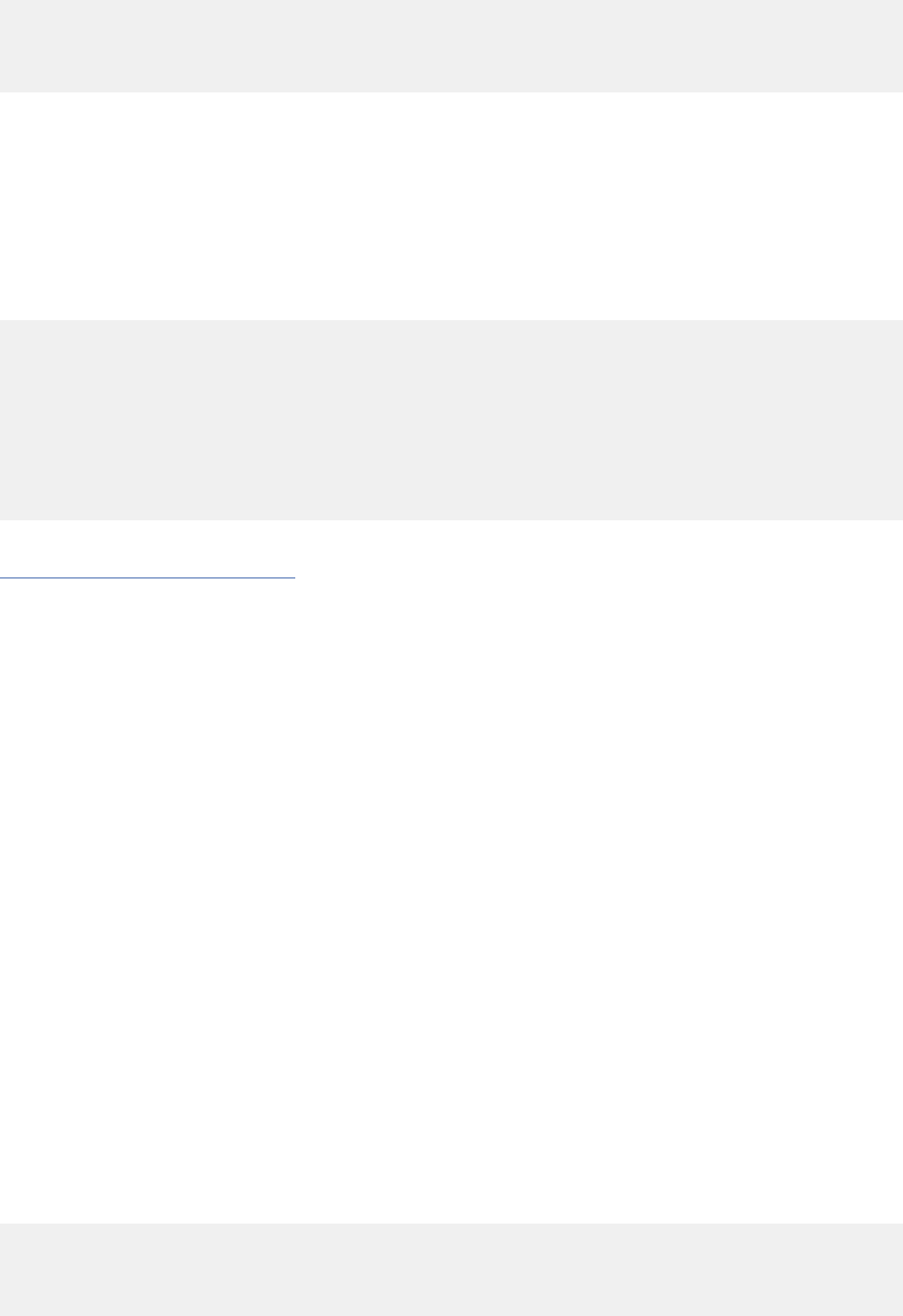
CREATE TABLE TABLE1 (SIZECOL1 SIZE, SIZECOL2 SIZE);
⋮
SELECT SIZECOL1, SIZECOL2
INTO :hv1, :hv2
FROM TABLE1;
Assigning host variable values to columns with distinct types
When you assign a value in a host variable to a column with a distinct type, the type of the host variable
must be able to cast to the distinct type.
In this example, values of host variable hv2 can be assigned to columns SIZECOL1 and SIZECOL2,
because C data type short is equivalent to Db2 data type SMALLINT, and SMALLINT is promotable to data
type INTEGER. However, values of hv1 cannot be assigned to SIZECOL1 and SIZECOL2, because C data
type double, which is equivalent to Db2 data type DOUBLE, is not promotable to data type INTEGER.
EXEC SQL BEGIN DECLARE SECTION;
double hv1;
short hv2;
EXEC SQL END DECLARE SECTION;
CREATE DISTINCT TYPE SIZE AS INTEGER;
CREATE TABLE TABLE1 (SIZECOL1 SIZE, SIZECOL2 SIZE);
⋮
INSERT INTO TABLE1
VALUES (:hv1,:hv1); /* Invalid statement */
INSERT INTO TABLE1
VALUES (:hv2,:hv2); /* Valid statement */
Related concepts
Promotion of data types (Db2 SQL)
Inserting data and updating data in a single operation
You can update existing data and insert new data in a single operation. This operation is useful when you
want to update a table with a set of rows, some of which are changes to existing rows and some of which
are new rows.
About this task
You can update existing data and insert new data in a single operation by using the MERGE statement.
For example, an application might request a set of rows from a database, enable a user to modify the data
through a GUI, and then store the modied data in the database. Some of this modied data is updates
to existing rows, and some of this data is new rows. You can do these update and insert operations in one
step.
Procedure
Issue a MERGE statement.
To update existing data and inserting new data, specify a MERGE statement with the WHEN MATCHED and
WHEN NOT MATCHED clauses. These clauses specify how Db2 handles matched and unmatched data. If
Db2 nds a matching row, that row is updated. If Db2 does not nd a matching row, a new row is inserted.
Example
Suppose that you need to update the inventory at a car dealership. You need to add new car models to the
inventory and update information about car models that are already in the inventory.
You could make these changes with the following series of statements:
UPDATE INVENTORY
SET QUANTITY = QUANTITY + :hv_delta
WHERE MODEL = :hv_model;
--begin pseudo code
336
Db2 12 for z/OS: Application Programming and SQL Guide (Last updated: 2024-07-30)
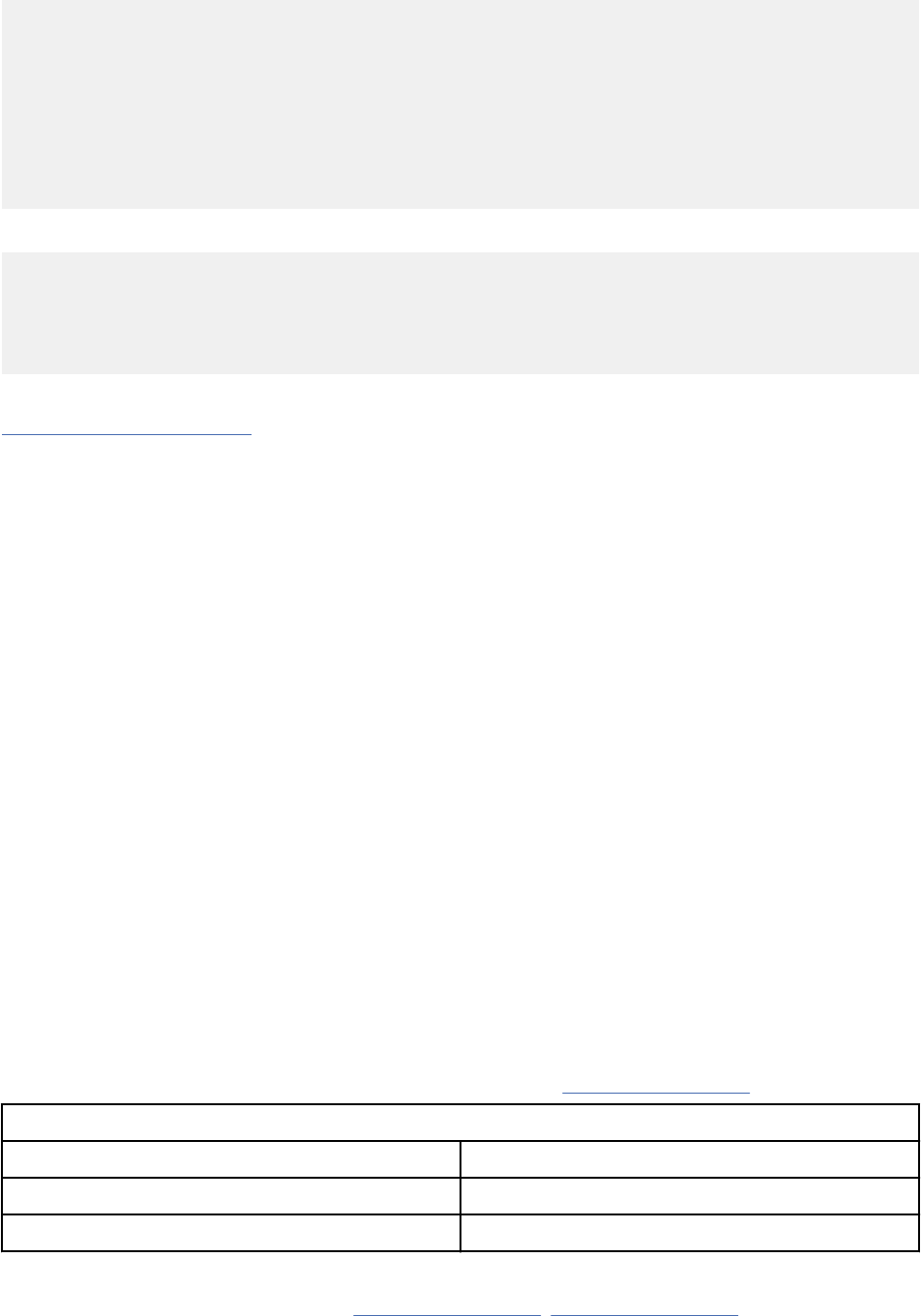
if sqlcode >= 0
then do
GD
if rc = 0 then INSERT..
end
-- end pseudo code
GET DIAGNOSTICS :rc = ROW_COUNT;
IF rc = 0 THEN
INSERT INTO INVENTORY VALUES (:hv_model, :hv_delta);
END IF;
The MERGE statement simplies the update and the insert into a single statement:
MERGE INTO INVENTORY
USING ( VALUES (:hv_model, :hv_delta) ) AS SOURCE(MODEL, DELTA)
ON INVENTORY.MODEL = SOURCE.MODEL
WHEN MATCHED THEN UPDATE SET QUANTITY = QUANTITY + SOURCE.DELTA
WHEN NOT MATCHED THEN INSERT VALUES (SOURCE.MODEL, SOURCE.DELTA)
NOT ATOMIC CONTINUE ON SQLEXCEPTION;
Related reference
MERGE statement (Db2 SQL)
Selecting values while merging data
When you update existing data and insert new data in a single merge operation, you can select values
from those rows at the same time.
Procedure
Specifying the MERGE statement in the FROM clause of the SELECT statement.
When you merge one or more rows into a table, you can retrieve:
• The value of an automatically generated column such as a ROWID or identity column
• Any default values for columns
• All values for a merged row, without specifying individual column names
• Calculated values based on the changes to merged rows
Specify the FINAL TABLE clause with SELECT FROM MERGE statements. The FINAL TABLE consists of the
rows of the table or view after the merge occurs.
Example
Suppose that you need to input data into the STOCK table, which contains company stock symbols and
stock prices from your stock portfolio. Some of your input data refers to companies that are already in the
STOCK table; some of the data refers to companies that you are adding to your stock portfolio. If the stock
symbol exists in the SYMBOL column of the STOCK table, you need to update the PRICE column. If the
company stock symbol is not yet in the STOCK table, you need to insert a new row with the stock symbol
and the stock price. Furthermore, you need to add a new value DELTA to your output to show the change
in stock price.
Suppose that the STOCK table contains the data that is shown in Table 58 on page 337
.
Table 58. STOCK table before SELECT FROM MERGE statement
SYMBOL PRICE
XCOM 95.00
YCOM 24.50
Now, suppose that :hv_symbol and :hv_price are host-variable arrays that contain updated data that
corresponds to the data that is shown in Table 58 on page 337. Table 59 on page 338 shows the host
variable data for stock activity.
Chapter 3. Db2 SQL programming
337
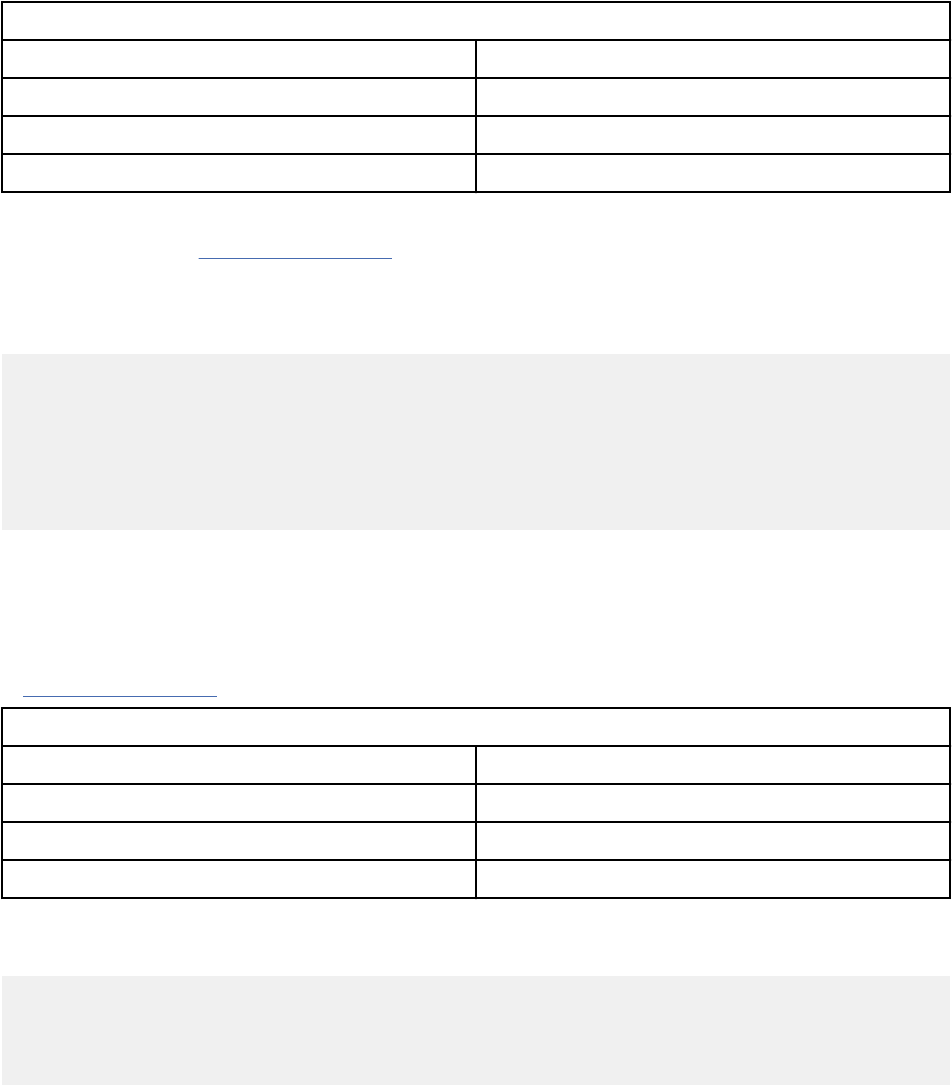
Table 59. Host-variable arrays of stock activity
hv_symbol hv_price
XCOM 97.00
NEWC 30.00
XCOM 107.00
NEWC is new to the STOCK table, so its symbol and price need to be inserted into the STOCK table.
The rows for XCOM in Table 59 on page 338represent changed stock prices, so these values need to be
updated in the STOCK table. Also, the output needs to show the change in stock prices as a DELTA value.
The following SELECT FROM MERGE statement updates the price of XCOM, inserts the symbol and price
for NEWC, and returns an output that includes a DELTA value for the change in stock price.
SELECT SYMBOL, PRICE, DELTA FROM FINAL TABLE
(MERGE INTO STOCK AS S INCLUDE (DELTA DECIMAL(5,20)
USING ((:hv_symbol, :hv_price) FOR :hv_nrows ROWS) AS R (SYMBOL, PRICE)
ON S.SYMBOL = R.SYMBOL
WHEN MATCHED THEN UPDATE SET
DELTA = R.PRICE - S.PRICE, PRICE=R.PRICE
WHEN NOT MATCHED THEN INSERT
(SYMBOL, PRICE, DELTA) VALUES (R.SYMBOL, R.PRICE, R.PRICE)
NOT ATOMIC CONTINUE ON SQLEXCEPTION);
The INCLUDE clause species that an additional column, DELTA, can be returned in the output without
adding a column to the STOCK table. The UPDATE portion of the MERGE statement sets the DELTA value
to the differential of the previous stock price with the value set for the update operation. The INSERT
portion of the MERGE statement sets the DELTA value to the same value as the PRICE column.
After the SELECT FROM MERGE statement is processed, the STOCK table contains the data that is shown
in Table 60 on page 338.
Table 60. STOCK table after SELECT FROM MERGE statement
SYMBOL PRICE
XCOM 107.00
YCOM 24.50
NEWC 30.00
The following output of the SELECT FROM MERGE statement includes both updates to XCOM and a DELTA
value for each output row.
SYMBOL PRICE DELTA
=============================
XCOM 97.00 2.00
NEWC 30.00 30.00
XCOM 107.00 10.00
Selecting values while inserting data
When you insert rows into a table, you can also select values from the inserted rows at the same time.
About this task
When you insert one or more new rows into a table, you can also retrieve rows, including the following
values:
• The value of an automatically generated column such as a ROWID or identity column
• Any default values for columns
• All values for an inserted row, without specifying individual column names
338
Db2 12 for z/OS: Application Programming and SQL Guide (Last updated: 2024-07-30)

• All values that are inserted by a multiple-row INSERT operation
• Values that are changed by a BEFORE INSERT trigger
Procedure
Specify the INSERT statement in the FROM clause of the SELECT statement.
The rows that are inserted into the target table produce a result table whose columns can be referenced
in the SELECT list of the query. The columns of the result table are affected by the columns, constraints,
and triggers that are dened for the target table:
• The result table includes Db2-generated values for identity columns, ROWID columns, or row change
timestamp columns.
• Before Db2 generates the result table, it enforces any constraints that affect the insert operation (that
is, check constraints, unique index constraints, and referential integrity constraints).
• The result table includes any changes that result from a BEFORE trigger that is activated by the insert
operation. An AFTER trigger does not affect the values in the result table.
Examples
In addition to examples that use the Db2 sample tables, the examples in this topic use an EMPSAMP table
that has the following denition:
CREATE TABLE EMPSAMP
(EMPNO INTEGER GENERATED ALWAYS AS IDENTITY,
NAME CHAR(30),
SALARY DECIMAL(10,2),
DEPTNO SMALLINT,
LEVEL CHAR(30),
HIRETYPE VARCHAR(30) NOT NULL WITH DEFAULT 'New Hire',
HIREDATE DATE NOT NULL WITH DEFAULT);
Example 1: Retrieving generated column values
Assume that you need to insert a row for a new employee into the EMPSAMP table. To nd out the
values for the generated EMPNO, HIRETYPE, and HIREDATE columns, use the following SELECT FROM
INSERT statement:
SELECT EMPNO, HIRETYPE, HIREDATE
FROM FINAL TABLE (INSERT INTO EMPSAMP (NAME, SALARY, DEPTNO, LEVEL)
VALUES('Mary Smith', 35000.00, 11, 'Associate'));
The SELECT statement returns the Db2-generated identity value for the EMPNO column, the default
value 'New Hire' for the HIRETYPE column, and the value of the CURRENT DATE special register for
the HIREDATE column.
Recommendation: Use the SELECT FROM INSERT statement to insert a row into a parent table and
retrieve the value of a primary key that was generated by Db2 (a ROWID or identity column). In
another INSERT statement, specify this generated value as a value for a foreign key in a dependent
table.
Example 2: Retrieving values updated by triggers
Suppose that a BEFORE INSERT trigger is created on table EMPSAMP to give all new employees at the
Associate level a $5000 increase in salary. The trigger has the following denition:
CREATE TRIGGER NEW_ASSOC
NO CASCADE BEFORE INSERT ON EMPSAMP
REFERENCING NEW AS NEWSALARY
FOR EACH ROW MODE DB2SQL
WHEN (NEWSALARY.LEVEL = 'ASSOCIATE')
BEGIN ATOMIC
SET NEWSALARY.SALARY = NEWSALARY.SALARY + 5000.00;
END;
Chapter 3. Db2 SQL programming
339
The INSERT statement in the FROM clause of the following SELECT statement inserts a new employee
into the EMPSAMP table:
SELECT NAME, SALARY
FROM FINAL TABLE (INSERT INTO EMPSAMP (NAME, SALARY, LEVEL)
VALUES('Mary Smith', 35000.00, 'Associate'));
The SELECT statement returns a salary of 40000.00 for Mary Smith instead of the initial salary of
35000.00 that was explicitly specied in the INSERT statement.
Selecting values when you insert a single row:
When you insert a new row into a table, you can retrieve any column in the result table of the SELECT
FROM INSERT statement. When you embed this statement in an application, you retrieve the row into
host variables by using the SELECT ... INTO form of the statement.
Example 4: Retrieving all values for a row inserted intro a structure.
You can retrieve all the values for a row that is inserted into a structure. For example, in the following
statement :empstruct is a host variable structure that is declared with variables for each of the
columns in the EMPSAMP table.
EXEC SQL SELECT * INTO :empstruct
FROM FINAL TABLE (INSERT INTO EMPSAMP (NAME, SALARY, DEPTNO, LEVEL)
VALUES('Mary Smith', 35000.00, 11, 'Associate'));
Example 4: Selecting values when inserting data into a view
If the INSERT statement references a view that is dened with a search condition, that view must be
dened with the WITH CASCADED CHECK OPTION option. When you insert data into the view, the
result table of the SELECT FROM INSERT statement includes only rows that satisfy the view denition.
Because view V1 is dened with the WITH CASCADED CHECK OPTION option, you can reference V1 in
the INSERT statement:
CREATE VIEW V1 AS
SELECT C1, I1 FROM T1 WHERE I1 > 10
WITH CASCADED CHECK OPTION;
SELECT C1 FROM
FINAL TABLE (INSERT INTO V1 (I1) VALUES(12));
The value 12 satises the search condition of the view denition, and the result table consists of the
value for C1 in the inserted row.
If you use a value that does not satisfy the search condition of the view denition, the insert operation
fails, and Db2 returns an error.
Example 5: Selecting ROWID values when inserting multiple rows
In an application program, to retrieve values from the insertion of multiple rows, declare a cursor so
that the INSERT statement is in the FROM clause of the SELECT statement of the cursor.
To see the values of the ROWID columns that are inserted into the employee photo and resume table,
you can declare the following cursor:
EXEC SQL DECLARE CS1 CURSOR FOR
SELECT EMP_ROWID
FROM FINAL TABLE (INSERT INTO DSN8C10.EMP_PHOTO_RESUME (EMPNO)
SELECT EMPNO FROM DSN8C10.EMP);
Example 6: Using the FETCH FIRST clause
To see only the rst ve rows that are inserted into the employee photo and resume table, use the
FETCH FIRST clause:
EXEC SQL DECLARE CS2 CURSOR FOR
SELECT EMP_ROWID
FROM FINAL TABLE (INSERT INTO DSN8C10.EMP_PHOTO_RESUME (EMPNO)
SELECT EMPNO FROM DSN8C10.EMP)
FETCH FIRST 5 ROWS ONLY;
340
Db2 12 for z/OS: Application Programming and SQL Guide (Last updated: 2024-07-30)
Example 7: Using the INPUT SEQUENCE clause
To retrieve rows in the order in which they are inserted, use the INPUT SEQUENCE clause:
EXEC SQL DECLARE CS3 CURSOR FOR
SELECT EMP_ROWID
FROM FINAL TABLE (INSERT INTO DSN8C10.EMP_PHOTO_RESUME (EMPNO)
VALUES(:hva_empno)
FOR 5 ROWS)
ORDER BY INPUT SEQUENCE;
The INPUT SEQUENCE clause can be specied only if an INSERT statement is in the FROM clause of
the SELECT statement. In this example, the rows are inserted from an array of employee numbers.
Example 8: Inserting rows with multiple encoding CCSIDs
Suppose that you want to populate an ASCII table with values from an EBCDIC table and then see
selected values from the ASCII table. You can use the following cursor to select the EBCDIC columns,
populate the ASCII table, and then retrieve the ASCII values:
EXEC SQL DECLARE CS4 CURSOR FOR
SELECT C1, C2
FROM FINAL TABLE (INSERT INTO ASCII_TABLE
SELECT * FROM EBCDIC_TABLE);
Example 9: Selecting additional columns when inserting data
You can use the INCLUDE clause to introduce a new column to the result table but not add a column
to the target table.
Suppose that you need to insert department number data into the project table. Suppose also,
that you want to retrieve the department number and the corresponding manager number for each
department. Because MGRNO is not a column in the project table, you can use the INCLUDE clause
to include the manager number in your result but not in the insert operation. The following SELECT
FROM INSERT statement performs the insert operation and retrieves the data.
DECLARE CS1 CURSOR FOR
SELECT manager_num, projname FROM FINAL TABLE
(INSERT INTO PROJ (DEPTNO) INCLUDE(manager_num CHAR(6))
SELECT DEPTNO, MGRNO FROM DEPT);
Example 10: Result table of the cursor when you insert multiple rows
In an application program, when you insert multiple rows into a table, you declare a cursor so that the
INSERT statement is in the FROM clause of the SELECT statement of the cursor. The result table of the
cursor is determined during OPEN cursor processing. The result table may or may not be affected by
other processes in your application.
When you declare a scrollable cursor, the cursor must be declared with the INSENSITIVE keyword if
an INSERT statement is in the FROM clause of the cursor specication. The result table is generated
during OPEN cursor processing and does not reflect any future changes. You cannot declare the cursor
with the SENSITIVE DYNAMIC or SENSITIVE STATIC keywords.
When you declare a non-scrollable cursor, any searched updates or deletes do not affect the result
table of the cursor. The rows of the result table are determined during OPEN cursor processing.
For example, assume that your application declares a cursor, opens the cursor, performs a fetch,
updates the table, and then fetches additional rows:
EXEC SQL DECLARE CS1 CURSOR FOR
SELECT SALARY
FROM FINAL TABLE (INSERT INTO EMPSAMP (NAME, SALARY, LEVEL)
SELECT NAME, INCOME, BAND FROM OLD_EMPLOYEE);
EXEC SQL OPEN CS1;
EXEC SQL FETCH CS1 INTO :hv_salary;
/* print fetch result */
...
EXEC SQL UPDATE EMPSAMP SET SALARY = SALARY + 500;
while (SQLCODE == 0) {
EXEC SQL FETCH CS1 INTO :hv_salary;
/* print fetch result */
Chapter 3. Db2 SQL programming
341
...
}
The fetches that occur after the updates return the rows that were generated when the cursor was
opened. If you use a simple SELECT (with no INSERT statement in the FROM clause), the fetches
might return the updated values, depending on the access path that Db2 uses.
Example 11: Effect of WITH HOLD
When you declare a cursor with the WITH HOLD option and open the cursor, all of the rows are
inserted into the target table. The WITH HOLD option has no effect on the SELECT FROM INSERT
statement of the cursor denition. After your application performs a commit, you can continue to
retrieve all of the inserted rows.
Assume that the employee table in the Db2 sample application has ve rows. Your application
declares a WITH HOLD cursor, opens the cursor, fetches two rows, performs a commit, and then
fetches the third row successfully:
EXEC SQL DECLARE CS2 CURSOR WITH HOLD FOR
SELECT EMP_ROWID
FROM FINAL TABLE (INSERT INTO DSN8C10.EMP_PHOTO_RESUME (EMPNO)
SELECT EMPNO FROM DSN8C10.EMP);
EXEC SQL OPEN CS2; /* Inserts 5 rows */
EXEC SQL FETCH CS2 INTO :hv_rowid; /* Retrieves ROWID for 1st row */
EXEC SQL FETCH CS2 INTO :hv_rowid; /* Retrieves ROWID for 2nd row */
EXEC SQL COMMIT; /* Commits 5 rows */
EXEC SQL FETCH CS2 INTO :hv_rowid; /* Retrieves ROWID for 3rd row */
Example 12: Effect of SAVEPOINT and ROLLBACK
A savepoint is a point in time within a unit of recovery to which relational database changes can be
rolled back. You can set a savepoint with the SAVEPOINT statement.
When you set a savepoint prior to opening the cursor and then roll back to that savepoint, all of the
insertions are undone.
Assume that your application declares a cursor, sets a savepoint, opens the cursor, sets another
savepoint, rolls back to the second savepoint, and then rolls back to the rst savepoint:
EXEC SQL DECLARE CS3 CURSOR FOR
SELECT EMP_ROWID
FROM FINAL TABLE (INSERT INTO DSN8C10.EMP_PHOTO_RESUME (EMPNO)
SELECT EMPNO FROM DSN8C10.EMP);
EXEC SQL SAVEPOINT A ON ROLLBACK RETAIN CURSORS; /* Sets 1st savepoint */
EXEC SQL OPEN CS3;
EXEC SQL SAVEPOINT B ON ROLLBACK RETAIN CURSORS; /* Sets 2nd savepoint */
...
EXEC SQL ROLLBACK TO SAVEPOINT B; /* Rows still in DSN8C10.EMP_PHOTO_RESUME */
...
EXEC SQL ROLLBACK TO SAVEPOINT A; /* All inserted rows are undone */
Example 13: Errors during SELECT INTO processing
In an application program, when you insert one or more rows into a table by using the SELECT FROM
INSERT statement, the result table of the insert operation may or may not be affected, depending on
where the error occurred in the application processing.
If the insert processing or the select processing fails during a SELECT INTO statement, no rows are
inserted into the target table, and no rows are returned from the result table of the insert operation.
For example, assume that the employee table of the Db2 sample application has one row, and that the
SALARY column has a value of 9999000.00.
EXEC SQL SELECT EMPNO INTO :hv_empno
FROM FINAL TABLE (INSERT INTO EMPSAMP (NAME, SALARY)
SELECT FIRSTNAME || MIDINIT || LASTNAME,
SALARY + 10000.00
FROM DSN8C10.EMP)
The addition of 10000.00 causes a decimal overflow to occur, and no rows are inserted into the
EMPSAMP table.
342
Db2 12 for z/OS: Application Programming and SQL Guide (Last updated: 2024-07-30)
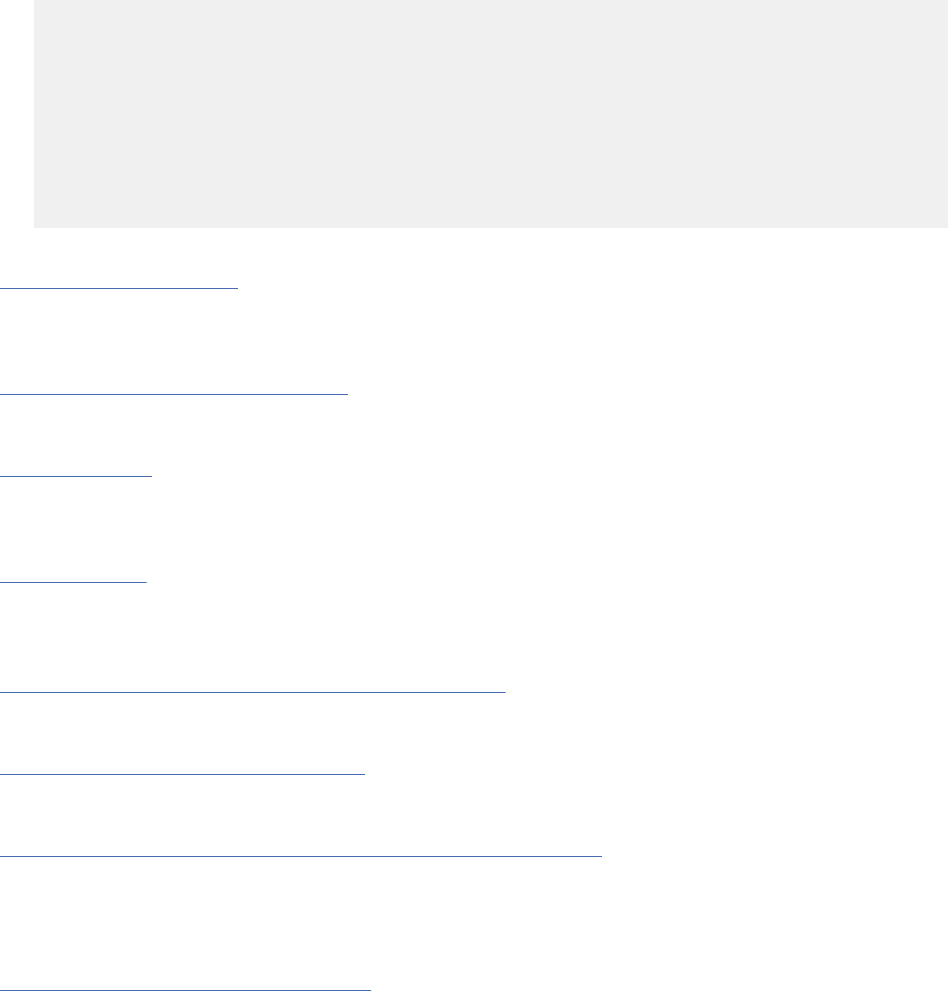
Example 14: Errors during OPEN cursor processing
If the insertion of any row fails during the OPEN cursor processing, all previously successful insertions
are undone. The result table of the insert is empty.
Example 15: Errors during FETCH processing
If the FETCH statement fails while retrieving rows from the result table of the insert operation, a
negative SQLCODE is returned to the application, but the result table still contains the original number
of rows that was determined during the OPEN cursor processing. At this point, you can undo all of the
inserts.
Assume that the result table contains 100 rows and the 90th row that is being fetched from the cursor
returns a negative SQLCODE:
EXEC SQL DECLARE CS1 CURSOR FOR
SELECT EMPNO
FROM FINAL TABLE (INSERT INTO EMPSAMP (NAME, SALARY)
SELECT FIRSTNAME || MIDINIT || LASTNAME, SALARY + 10000.00
FROM DSN8C10.EMP);
EXEC SQL OPEN CS1; /* Inserts 100 rows */
while (SQLCODE == 0)
EXEC SQL FETCH CS1 INTO :hv_empno;
if (SQLCODE == -904) /* If SQLCODE is -904, undo all inserts */
EXEC SQL ROLLBACK;
else /* Else, commit inserts */
EXEC SQL COMMIT;
Related concepts
Held and non-held cursors
A held cursor does not close after a commit operation. A cursor that is not held closes after a commit
operation. You specify whether you want a cursor to be held or not held by including or omitting the WITH
HOLD clause when you declare the cursor.
Using host variables in SQL statements
Use scalar host variables in embedded SQL statements to represent a single value. Host variables are
useful for storing retrieved data or for passing values that are to be assigned or used for comparisons.
Identity columns
An identity column contains a unique numeric value for each row in the table. Db2 can automatically
generate sequential numeric values for this column as rows are inserted into the table. Thus, identity
columns are ideal for primary key values, such as employee numbers or product numbers.
Types of cursors
You can declare row-positioned or rowset-positioned cursors in a number of ways. These cursors can be
scrollable or not scrollable, held or not held, or returnable or not returnable.
Related tasks
Inserting multiple rows of data from host-variable arrays
Use host-variable arrays in your INSERT statement when you do not know at least some of the values to
insert until the program runs.
Retrieving a set of rows by using a cursor
In an application program, you can retrieve a set of rows from a table or a result table that is returned by a
stored procedure. You can retrieve one or more rows at a time.
Undoing selected changes within a unit of work by using savepoints
Savepoints enable you to undo selected changes within a unit of work. Your application can set any
number of savepoints and then specify a specic savepoint to indicate which changes to undo within the
unit of work.
Related reference
Command line processor BIND command
Chapter 3. Db2 SQL programming
343
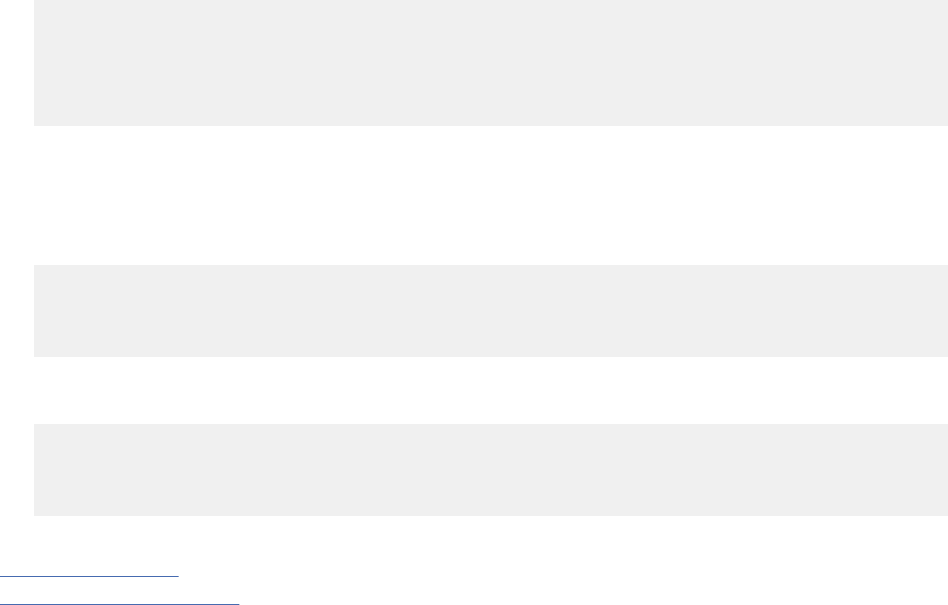
Use the command line processor BIND command to bind DBRMs that are in z/OS UNIX HFS les to
packages.
Preserving the order of a derived table
When you specify SELECT FROM INSERT, SELECT FROM UPDATE, SELECT FROM DELETE, or SELECT
FROM MERGE, you can preserve the order of the derived table. This action ensures that the result rows of
a fullselect follow the same order as the result table of a subquery within the fullselect.
Procedure
To preserve the order of the derived table specify the ORDER OF clause with the ORDER BY clause.
These two clauses ensure that the result rows of a fullselect follow the same order as the result table of a
subquery within the fullselect.
You can use the ORDER OF clause in any query that uses an ORDER BY clause, but the ORDER OF clause
is most useful with queries that contain a set operator, such as UNION.
Examples
Example
The following example retrieves the following rows:
• Rows of table T1 in no specied order
• Rows of table T2 in the order of the rst column in table T2
The example query then performs a UNION ALL operation on the results of the two subqueries. The
ORDER BY ORDER OF UTABLE clause in the query species that the fullselect result rows are to be
returned in the same order as the result rows of the UNION ALL statement.
SELECT * FROM
(SELECT * FROM T1
UNION ALL
(SELECT * FROM T2 ORDER BY 1)
) AS UTABLE
ORDER BY ORDER OF UTABLE;
Example
The following example joins data from table T1 to the result table of a nested table expression. The
nested table expression is ordered by the second column in table T2. The ORDER BY ORDER OF TEMP
clause in the query species that the fullselect result rows are to be returned in the same order as the
nested table expression.
SELECT T1.C1, T1.C2, TEMP.Cy, TEMP.Cx
FROM T1, (SELECT T2.C1, T2.C2 FROM T2 ORDER BY 2) as TEMP(Cx, Cy)
WHERE Cy = T1.C1
ORDER BY ORDER OF TEMP;
Alternatively, you can produce the same result by explicitly stating the ORDER BY column TEMP.Cy in
the fullselect instead of using the ORDER OF syntax.
SELECT T1.C1, T1.C2, TEMP.Cy, TEMP.Cx
FROM T1, (SELECT T2.C1, T2.C2 FROM T2 ORDER BY 2) as TEMP(Cx, Cy)
WHERE Cy = T1.C1
ORDER BY TEMP.Cy;
Related reference
fullselect (Db2 SQL)
order-by-clause (Db2 SQL)
344
Db2 12 for z/OS: Application Programming and SQL Guide (Last updated: 2024-07-30)

Adding data to the end of a table
In a relational database, the rows of a table are not ordered, and thus, the table has no "end." However,
depending on your goal, you can perform several actions to simulate adding data to the end of a table.
About this task
Question: How can I add data to the end of a table?
Answer: Though the question is often asked, it has no meaning in a relational database. The rows of a
base table are not ordered; hence, the table does not have an "end".
However, depending on your goal, you can perform one of the following actions to simulate adding data to
the end of a table:
• If your goal is to get a result table that is ordered according to when the rows were inserted, dene a
unique index on a TIMESTAMP column in the table denition. Then, when you retrieve data from the
table, use an ORDER BY clause that names that column. The newest insert appears last.
• If your goal is for Db2 to insert rows in the next available free space, without preserving clustering order,
specify the APPEND YES option when you create or alter the table. Specifying this option might reduce
the time it takes to insert rows, because Db2 does not spend time searching for free space.
Storing data that does not have a tabular format
Db2 provides several options for you to store large volumes of data that is not dened as a set of columns
in a table.
About this task
Question: How can I store a large volume of data that is not dened as a set of columns in a table?
Answer: You can store the data in a table in a binary string, a LOB, or an XML column.
Updating table data
You can change a column value to another value or remove the column value altogether.
Procedure
To change the data in a table, use the UPDATE statement.
For example, suppose that an employee relocates. To update several items of the employee's data in the
YEMP work table to reflect the move, you can execute the following statement:
UPDATE YEMP
SET JOB = 'MANAGER ',
PHONENO ='5678'
WHERE EMPNO = '000400';
You can also use the UPDATE statement to remove a value from a column (without removing the row) by
changing the column value to null.
You cannot update rows in a created temporary table, but you can update rows in a declared temporary
table.
The SET clause names the columns that you want to update and provides the values that you want to
assign to those columns. You can replace a column value in the SET clause with any of the following
items:
• A null value
The column to which you assign the null value must not be dened as NOT NULL.
• An expression, which can be any of the following items:
Chapter 3. Db2 SQL programming
345
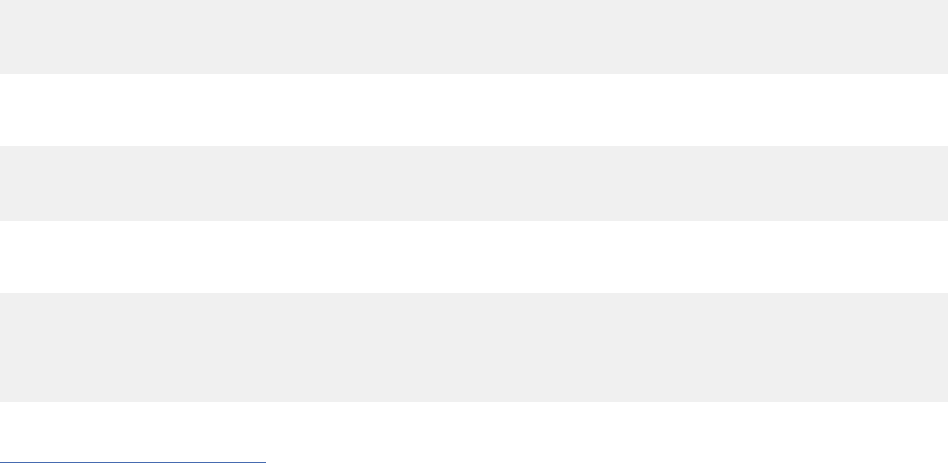
– A column
– A constant
– A scalar fullselect
– A host variable
– A special register
• A default value
If you specify DEFAULT, Db2 determines the value based on how the corresponding column is dened in
the table.
In addition, you can replace one or more column values in the SET clause with the column values in a row
that is returned by a fullselect.
Next, identify the rows to update:
• To update a single row, use a WHERE clause that locates one, and only one, row.
• To update several rows, use a WHERE clause that locates only the rows that you want to update.
If you omit the WHERE clause, Db2 updates every row in the table or view with the values that you
supply.
If Db2 nds an error while executing your UPDATE statement (for example, an update value that is too
large for the column), it stops updating and returns an error. No rows in the table change. Rows that
were already changed, if any, are restored to their previous values. If the UPDATE statement is successful,
SQLERRD(3) is set to the number of rows that are updated.
Example
The following statement supplies a missing middle initial and changes the job for employee 000200.
UPDATE YEMP
SET MIDINIT = 'H', JOB = 'FIELDREP'
WHERE EMPNO = '000200';
The following statement gives everyone in department D11 a raise of 400.00. The statement can update
several rows.
UPDATE YEMP
SET SALARY = SALARY + 400.00
WHERE WORKDEPT = 'D11';
The following statement sets the salary for employee 000190 to the average salary and sets the bonus to
the minimum bonus for all employees.
UPDATE YEMP
SET (SALARY, BONUS) =
(SELECT AVG(SALARY), MIN(BONUS)
FROM EMP)
WHERE EMPNO = '000190';
Related reference
UPDATE statement (Db2 SQL)
Selecting values while updating data
When you update rows in a table, you can select the updated values from those rows at the same time.
Procedure
Specify the UPDATE statement in the FROM clause of the SELECT statement.
When you update one or more rows in a table, you can retrieve:
• The value of an automatically generated column such as a ROWID or identity column
346
Db2 12 for z/OS: Application Programming and SQL Guide (Last updated: 2024-07-30)
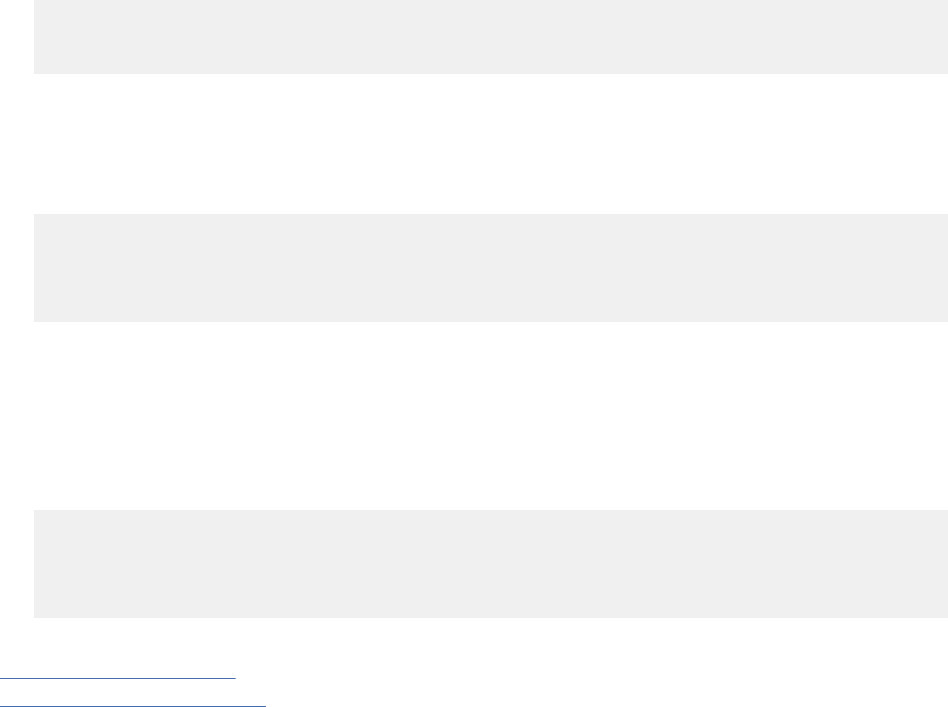
• Any default values for columns
• All values for an updated row, without specifying individual column names
In most cases, you want to use the FINAL TABLE clause with SELECT FROM UPDATE statements. The
FINAL TABLE consists of the rows of the table or view after the update occurs.
Examples
Example: SELECT FROM FINAL TABLE
Suppose that all clerks for a company are receiving 5 percent raises. You can use the following
SELECT FROM UPDATE statement to increase the salary of each designer by 5 percent and to retrieve
the total increase in salary for the company.
SELECT SUM(SALARY) INTO :salary FROM FINAL TABLE
(UPDATE EMP SET SALARY = SALARY * 1.05
WHERE JOB = 'DESIGNER');
Example: retrieving data row-by-row from updated data
To retrieve row-by-row output of updated data, use a cursor with a SELECT FROM UPDATE statement.
For example, suppose that all designers for a company are receiving a 30 percent increase in their
bonus. You can use the following SELECT FROM UPDATE statement to increase the bonus of each
clerk by 30 percent and to retrieve the bonus for each clerk.
DECLARE CS1 CURSOR FOR
SELECT LASTNAME, BONUS FROM FINAL TABLE
(UPDATE EMP SET BONUS = BONUS * 1.3
WHERE JOB = 'CLERK');
FETCH CS1 INTO :lastname, :bonus;
Example: INCLUDE a new column in the result table but not the target table
You can use the INCLUDE clause to introduce a new column to the result table but not add the column
to the target table. For example, suppose that sales representatives received a 20 percent increase in
their commission. You need to update the commission (COMM) of sales representatives (SALESREP)
in the EMP table and that you need to retrieve the old commission and the new commission for each
sales representative. You can use the following SELECT FROM UPDATE statement to perform the
update and to retrieve the required data.
DECLARE CS2 CURSOR FOR
SELECT LASTNAME, COMM, old_comm FROM FINAL TABLE
(UPDATE EMP INCLUDE(old_comm DECIMAL (7,2))
SET COMM = COMM * 1.2, old_comm = COMM
WHERE JOB = 'SALESREP');
Related reference
table-reference (Db2 SQL)
UPDATE statement (Db2 SQL)
Updating thousands of rows
When you update large volumes of data, consider certain recommended actions to increase concurrency.
About this task
Question: Are there any special techniques for updating large volumes of data?
Answer: Yes. When updating large volumes of data using a cursor, you can minimize the amount of time
that you hold locks on the data by declaring the cursor with the HOLD option and by issuing commits
frequently.
Chapter 3. Db2 SQL programming
347

Deleting data from tables
You can delete data from a table by deleting one or more rows from the table, by deleting all rows from
the table, or by dropping columns from the table.
Procedure
To delete one or more rows in a table:
• Use the DELETE statement with a WHERE clause to specify a search condition.
The DELETE statement removes zero or more rows of a table, depending on how many rows satisfy the
search condition that you specify in the WHERE clause.
You can use DELETE with a WHERE clause to remove only selected rows from a declared temporary
table, but not from a created temporary table.
The following DELETE statement deletes each row in the YEMP table that has an employee number
'000060'.
DELETE FROM YEMP
WHERE EMPNO = '000060';
When this statement executes, Db2 deletes any row from the YEMP table that meets the search
condition.
If Db2 nds an error while executing your DELETE statement, it stops deleting data and returns error
codes in the SQLCODE and SQLSTATE variables or related elds in the SQLCA. The data in the table
does not change.
If the DELETE is successful, SQLERRD(3) in the SQLCA contains the number of deleted rows. This
number includes only the number of deleted rows in the table that is specied in the DELETE
statement. Rows that are deleted (in other tables) according to the CASCADE rule are not included
in SQLERRD(3).
To delete every row in a table:
• Use the DELETE statement without specifying a WHERE clause.
With segmented table spaces, deleting all rows of a table is very fast.
The following DELETE statement deletes every row in the YDEPT table:
DELETE FROM YDEPT;
If the statement executes, the table continues to exist (that is, you can insert rows into it), but it is
empty. All existing views and authorizations on the table remain intact when using DELETE.
• Use the TRUNCATE statement.
The TRUNCATE statement can provide the following advantages over a DELETE statement:
– The TRUNCATE statement can ignore delete triggers
– The TRUNCATE statement can perform an immediate commit
– The TRUNCATE statement can keep storage allocated for the table
The TRUNCATE statement does not, however, reset the count for an automatically generated value for
an identity column on the table. If 14872 was the next identity column value to be generated before a
TRUNCATE statement, 14872 would be the next value generated after the TRUNCATE statement.
Suppose that you need to empty the data from an old inventory table, regardless of any existing delete
triggers, and you need to make the space that is allocated for the table available for other uses. Use
the following TRUNCATE statement.
TRUNCATE INVENTORY_TABLE
IGNORE DELETE TRIGGERS
DROP STORAGE;
348
Db2 12 for z/OS: Application Programming and SQL Guide (Last updated: 2024-07-30)

Suppose that you need to empty the data from an old inventory table permanently, regardless of any
existing delete triggers, and you need to preserve the space that is allocated for the table. You need
the emptied data to be completely unavailable, so that a ROLLBACK statement cannot return the data.
Use the following TRUNCATE statement.
TRUNCATE INVENTORY_TABLE
REUSE STORAGE
IGNORE DELETE TRIGGERS
IMMEDIATE;
• Use the DROP TABLE statement.
DROP TABLE drops the specied table and all related views and authorizations, which can invalidate
plans and packages.
To drop columns from a table:
• Use the ALTER TABLE statement with the DROP COLUMN clause.
Because dropping a column from a table is a pending change to the denition of the table, the table
space is placed in advisory REORG-pending status (AREOR). When the pending change is applied (by
running the REORG utility with the SHRLEVEL CHANGE or REFERENCE options), the column is dropped
from the table, and any dependent packages and statements in the dynamic statement cache are
invalidated.
Related concepts
SQL communication area (SQLCA) (Db2 SQL)
Related tasks
Dropping tables
When you drop a table, you delete the data and the table denition. You also delete all synonyms, views,
indexes, referential constraints, and check constraints that are associated with that table.
Related reference
DELETE statement (Db2 SQL)
DROP statement (Db2 SQL)
TRUNCATE statement (Db2 SQL)
ALTER TABLE statement (Db2 SQL)
Selecting values while deleting data
When you delete rows from a table, you can select the values from those rows at the same time.
Procedure
Specify the DELETE statement in the FROM clause of the SELECT statement.
When you delete one or more rows in a table, you can retrieve:
• Any default values for columns
• All values for a deleted row, without specifying individual column names
• Calculated values based on deleted rows
Example
Example: FROM OLD TABLE clause
When you use a SELECT FROM DELETE statement, you must use the FROM OLD TABLE clause to
retrieve deleted values. The OLD TABLE consists of the rows of the table or view before the delete
occurs. For example, suppose that a company is eliminating all operator positions and that the
company wants to know how much salary money it will save by eliminating these positions. You can
use the following SELECT FROM DELETE statement to delete operators from the EMP table and to
retrieve the sum of operator salaries.
Chapter 3. Db2 SQL programming
349

SELECT SUM(SALARY) INTO :salary FROM OLD TABLE
(DELETE FROM EMP
WHERE JOB = 'OPERATOR');
Example: retrieving row-by-row output of deleted data
To retrieve row-by-row output of deleted data, use a cursor with a SELECT FROM DELETE statement.
For example, suppose that a company is eliminating all analyst positions and that the company wants
to know how many years of experience each analyst had with the company. You can use the following
SELECT FROM DELETE statement to delete analysts from the EMP table and to retrieve the experience
of each analyst.
DECLARE CS1 CURSOR FOR
SELECT YEAR(CURRENT DATE - HIREDATE) FROM OLD TABLE
(DELETE FROM EMP
WHERE JOB = 'ANALYST');
FETCH CS1 INTO :years_of_service;
Example: retrieving calculated data based on deleted dable
If you need to retrieve calculated data, based on the data that you delete but not add that column
to the target table. For example, suppose that you need to delete managers from the EMP table and
that you need to retrieve the salary and the years of employment for each manager. You can use
the following SELECT FROM DELETE statement to perform the delete operation and to retrieve the
required data.
DECLARE CS2 CURSOR FOR
SELECT LASTNAME, SALARY, years_employed FROM OLD TABLE
(DELETE FROM EMP INCLUDE(years_employed INTEGER)
SET years_employed = YEAR(CURRENT DATE - HIREDATE)
WHERE JOB = 'MANAGER');
Related reference
table-reference (Db2 SQL)
DELETE statement (Db2 SQL)
Accessing data in tables from application programs
Your program can use a number of different techniques to read data from any Db2 tables for which you
have read access. The simplest technique is to use basic SQL SELECT statements. However, you should
choose the technique that works best for your situation and performs well.
About this task
Tip: Application development tools such as IBM Db2 for z/OS Developer Extension
can help you with this
task.
Related concepts
Investigating SQL performance by using EXPLAIN (Db2 Performance)
Interpreting data access by using EXPLAIN (Db2 Performance)
Related tasks
Writing efcient SQL queries (Db2 Performance)
Determining which tables you have access to
You can ask Db2 to list the tables that a specic authorization ID has access to.
About this task
The contents of the Db2 catalog tables can be a useful reference tool when you begin to develop an SQL
statement or an application program.
350
Db2 12 for z/OS: Application Programming and SQL Guide (Last updated: 2024-07-30)

The catalog table, SYSIBM.SYSTABAUTH, lists table privileges that are granted to authorization IDs. To
display the tables that you have authority to access (by privileges granted either to your authorization ID
or to PUBLIC), you can execute an SQL statement similar to the one shown in the following example. To do
this, you must have the SELECT privilege on SYSIBM.SYSTABAUTH.
Procedure
Issue a SELECT statement similar to the following example. To do this, you must have the SELECT
privilege on SYSIBM.SYSTABAUTH.
SELECT DISTINCT TCREATOR, TTNAME
FROM SYSIBM.SYSTABAUTH
WHERE GRANTEE IN (USER, 'PUBLIC', 'PUBLIC*') AND GRANTEETYPE = ' ';
In this query, the predicate GRANTEETYPE = ' ' selects authorization IDs.
Exception: If your Db2 subsystem uses an exit routine for access control authorization, you cannot rely
on catalog queries to tell you the tables that you can access. When such an exit routine is installed, both
RACF and Db2 control table access.
Related reference
SYSTABAUTH catalog table (Db2 SQL)
Explicit table and view privileges (Managing Security)
Displaying information about the columns for a given table
You can ask Db2 to list the columns in a particular table and certain information about those columns.
About this task
The catalog table, SYSIBM.SYSCOLUMNS, describes every column of every table.
Procedure
Query the SYSIBM.SYSCOLUMNS catalog table.
Examples
Example
Suppose that you want to display information about table DSN8C10.DEPT. If you have the SELECT
privilege on SYSIBM.SYSCOLUMNS, you can use the following statement:
SELECT NAME, COLTYPE, SCALE, LENGTH
FROM SYSIBM.SYSCOLUMNS
WHERE TBNAME = 'DEPT'
AND TBCREATOR = 'DSN8C10';
Example
If you display column information about a table that includes LOB or ROWID columns, the LENGTH
eld for those columns contains the number of bytes that those column occupy in the base table. The
LENGTH eld does not contain the length of the LOB or ROWID data.
To determine the maximum length of data for a LOB or ROWID column, include the LENGTH2 column
in your query:
SELECT NAME, COLTYPE, LENGTH, LENGTH2
FROM SYSIBM.SYSCOLUMNS
WHERE TBNAME = 'EMP_PHOTO_RESUME'
AND TBCREATOR = 'DSN8C10';
Related reference
SYSCOLUMNS catalog table (Db2 SQL)
Chapter 3. Db2 SQL programming
351

Retrieving data by using the SELECT statement
The simplest way to retrieve data is to use the SQL statement SELECT to specify a result table. You can
specify the columns and rows that you want to retrieve.
Before you begin
Consider developing your own SQL statements similar to the examples in this section, and then run them
dynamically using SPUFI. For a tutorial see Lesson 1.1: Querying data interactively (Introduction to Db2
for z/OS).
You can also use the command line processor, or Db2 Query Management Facility (QMF).
Procedure
Issue a SELECT statement.
Examples
Example 1: Selecting all columns with SELECT *
You do not need to know the column names to select Db2 data. Use an asterisk (*) in the SELECT
clause to indicate that you want to retrieve all columns of each selected row of the named table.
Implicitly hidden columns, such as ROWID columns and XML document ID columns, are not included
in the result of the SELECT * statement. To view the values of these columns, you must specify the
column name.
The following SQL statement selects all columns from the department table:
SELECT *
FROM DSN8C10.DEPT;
The result table looks similar to the following output:
DEPTNO DEPTNAME MGRNO ADMRDEPT LOCATION
====== ============================== ====== ======== ========
A00 SPIFFY COMPUTER SERVICES DIV. 000010 A00 --------
B01 PLANNING 000020 A00 --------
C01 INFORMATION CENTER 000030 A00 --------
D01 DEVELOPMENT CENTER ------ A00 --------
D11 MANUFACTURING CENTER 000060 D01 --------
D21 ADMINISTRATION SYSTEMS 000070 D01 --------
E01 SUPPORT SERVICES 000050 A00 --------
E11 OPERATIONS 000090 E01 --------
E21 SOFTWARE SUPPORT 000100 E01 --------
F22 BRANCH OFFICE F2 ------ E01 --------
G22 BRANCH OFFICE G2 ------ E01 --------
H22 BRANCH OFFICE H2 ------ E01 --------
I22 BRANCH OFFICE I2 ------ E01 --------
J22 BRANCH OFFICE J2 ------ E01 --------
Because the example does not specify a WHERE clause, the statement retrieves data from all rows.
The dashes for MGRNO and LOCATION in the result table indicate null values.
SELECT * is recommended mostly for use with dynamic SQL and view denitions. You can use SELECT
* in static SQL, but doing so is not recommended because of possible host variable compatibility and
performance implications. Suppose that you add a column to the table to which SELECT * refers. If
you have not dened a receiving host variable for that column, an error might occur, or the data from
the added column might not be retrieved.
If you list the column names in a static SELECT statement instead of using an asterisk, you can avoid
problems that might occur with SELECT *. You can also see the relationship between the receiving
host variables and the columns in the result table.
352
Db2 12 for z/OS: Application Programming and SQL Guide (Last updated: 2024-07-30)
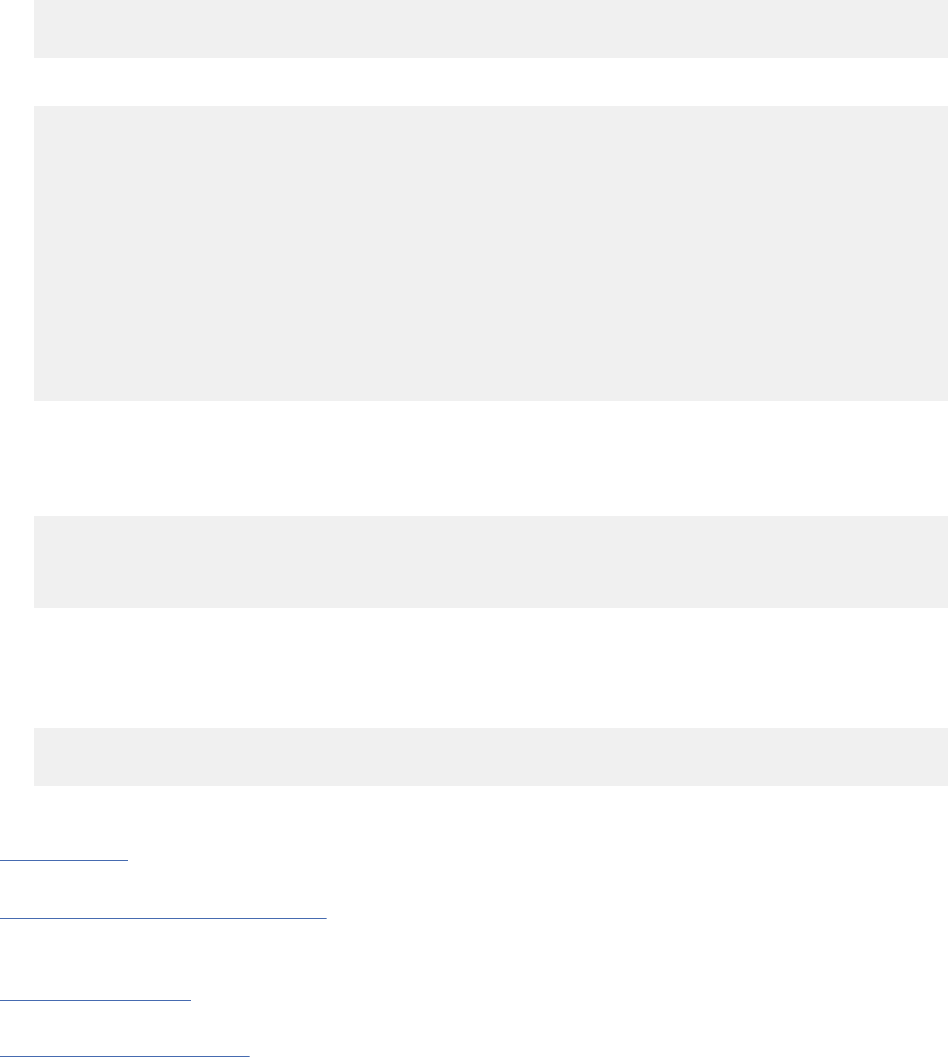
Example 2: selecting specic columns with SELECT column-name
Select the column or columns you want to retrieve by naming each column. With a single SELECT
statement, you can select data from one column or as many as 750 columns. All columns appear in
the order you specify, not in their order in the table.
For example, the following SQL statement retrieves only the MGRNO and DEPTNO columns from the
department table:
SELECT MGRNO, DEPTNO
FROM DSN8C10.DEPT;
The result table looks similar to the following output:
MGRNO DEPTNO
====== ======
000010 A00
000020 B01
000030 C01
------ D01
000050 E01
000060 D11
000070 D21
000090 E11
000100 E21
------ F22
------ G22
------ H22
------ I22
------ J22
Example 3: Selecting data from implicity hidden columns
To SELECT data from implicitly hidden columns, such as ROWID and XML document ID, look up the
column names in SYSIBM.SYSCOLUMNS and specify these names in the SELECT list. For example,
suppose that you create and populate the following table:
CREATE TABLE MEMBERS (MEMBERID INTEGER,
BIO XML,
REPORT XML,
RECOMMENDATIONS XML);
Db2 generates one additional implicitly hidden XML document ID column. To retrieve data in all
columns, including the generated XML document ID column, rst look up the name of the generated
column in SYSIBM.SYSCOLUMNS. Suppose the name is DB2_GENERATED_DOCID_FOR_XML. Then,
specify the following statement:
SELECT DB2_GENERATED_DOCID_FOR_XML, MEMBERID, BIO,
REPORT, RECOMMENDATIONS FROM MEMBERS
Related concepts
Host variables
Use host variables to pass a single data item between Db2 and your application.
Remote servers and distributed data
Distributed data is data that resides on a database management system (DBMS) other than your local
system. Your local DBMS is the one on which you bind your application plan. All other DBMSs are remote.
Predicates (Db2 SQL)
Related reference
select-statement (Db2 SQL)
Chapter 3. Db2 SQL programming
353
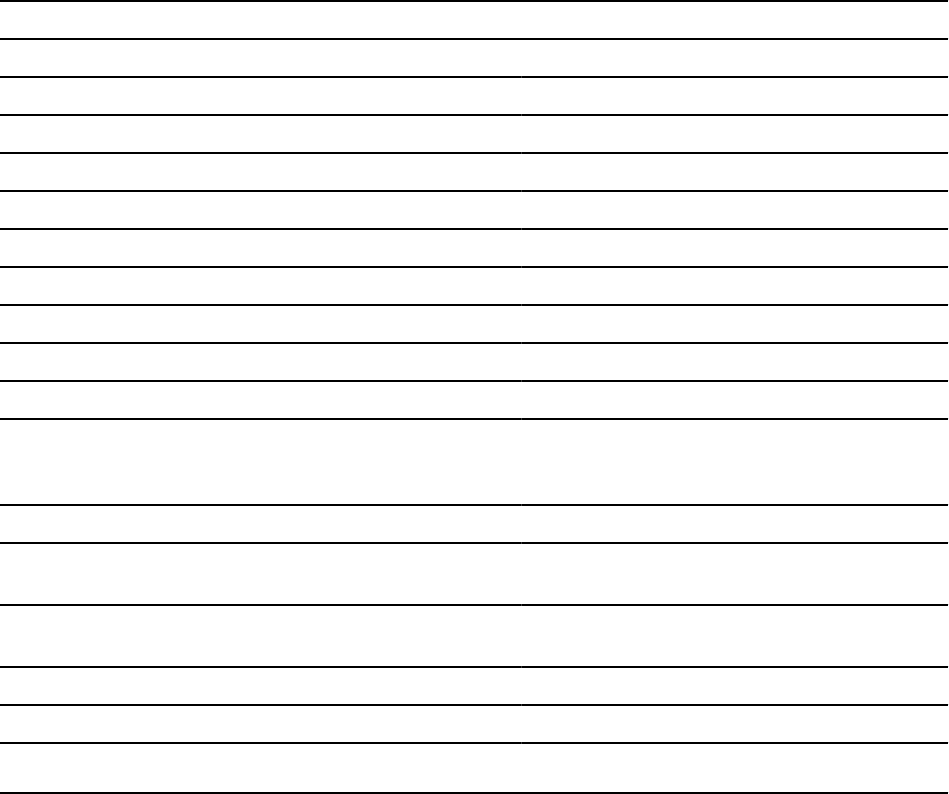
Specifying search conditions with a WHERE clause
You can use a WHERE clause to select the rows that meet certain conditions. A WHERE clause species a
search condition. A search condition consists of one or more predicates. A predicate species a test that
you want Db2 to apply to each table row.
About this task
A WHERE clause species a search condition. A search condition consists of one or more predicates. A
predicate species a test that you want Db2 to apply to each table row.
Procedure
Specify a WHERE clause with one or more predicates.
Db2 evaluates a predicate for each row as true, false, or unknown. Results are unknown only if an operand
is null.
If a search condition contains a column of a distinct type, the value to which that column is compared
must be of the same distinct type, or you must cast the value to the distinct type.
The following table lists the type of comparison, the comparison operators, and an example of each type
of comparison that you can use in a predicate in a WHERE clause.
Table 61. Comparison operators used in conditions
Type of comparison Comparison operator Example
Equal to = DEPTNO = 'X01'
Not equal to <> DEPTNO <> 'X01'
Less than < AVG(SALARY) < 30000
Less than or equal to <= AGE <= 25
Not less than >= AGE >= 21
Greater than > SALARY > 2000
Greater than or equal to >= SALARY >= 5000
Not greater than <= SALARY <= 5000
Equal to null IS NULL PHONENO IS NULL
Not equal to another value
or one value is equal to
null
IS DISTINCT FROM PHONENO IS DISTINCT FROM :PHONEHV
Similar to another value LIKE NAME LIKE ' or STATUS LIKE 'N_'
At least one of two
conditions
OR HIREDATE < '1965-01-01' OR SALARY <
16000
Both of two conditions AND HIREDATE < '1965-01-01' AND SALARY <
16000
Between two values BETWEEN SALARY BETWEEN 20000 AND 40000
Equals a value in a set IN (X, Y, Z) DEPTNO IN ('B01', 'C01', 'D01')
Note: SALARY BETWEEN 20000 AND 40000 is equivalent to SALARY >= 20000 AND SALARY <= 40000.
You can also search for rows that do not satisfy one of the preceding conditions by using the NOT keyword
before the specied condition.
354
Db2 12 for z/OS: Application Programming and SQL Guide (Last updated: 2024-07-30)
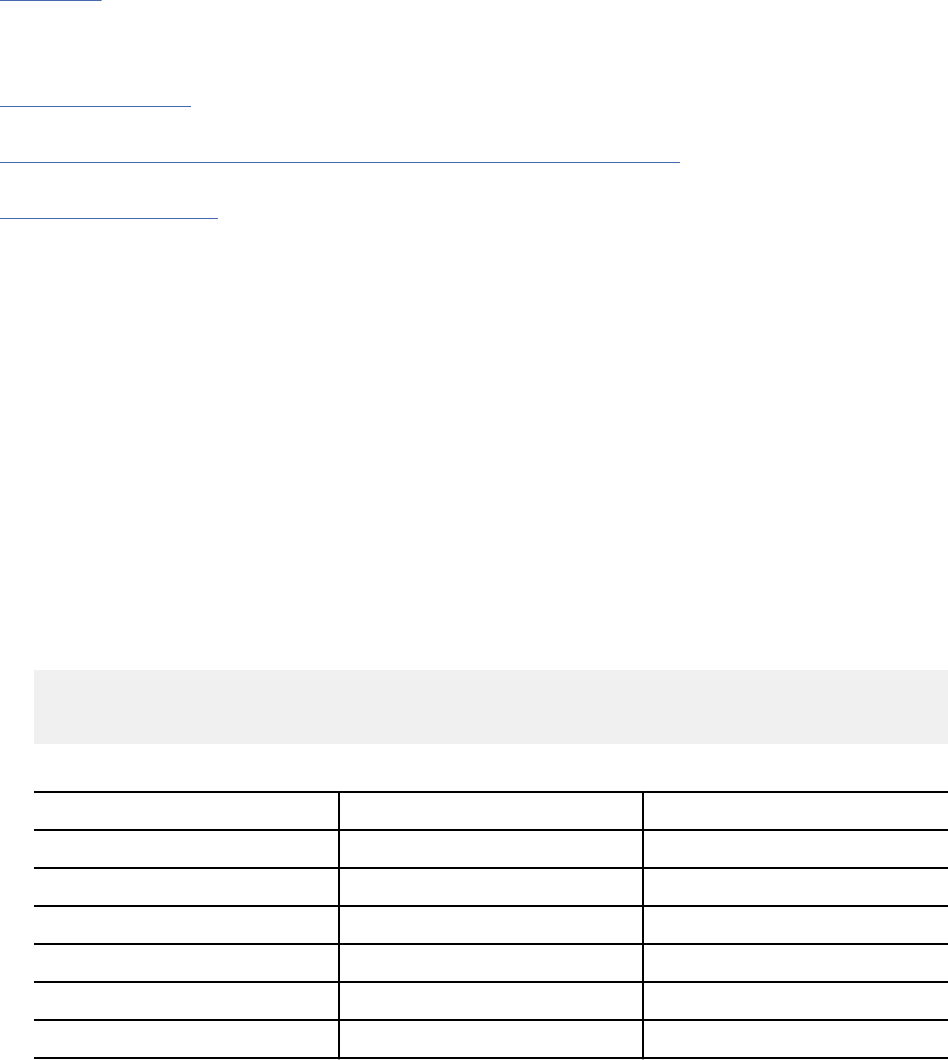
You can search for rows that do not satisfy the IS DISTINCT FROM predicate by using either of the
following predicates:
• value 1 IS NOT DISTINCT FROM value 2
• NOT(value 1 IS DISTINCT FROM value 2)
Both of these forms of the predicate create an expression for which one value is equal to another value or
both values are equal to null.
Related concepts
Subqueries
When you need to narrow your search condition based on information in an interim table, you can use
a subquery. For example, you might want to nd all employee numbers in one table that also exist for a
given project in a second table.
Predicates (Db2 SQL)
Related tasks
Coding SQL statements to avoid unnecessary processing (Db2 Performance)
Related reference
where-clause (Db2 SQL)
Handling null values
A null value indicates the absence of a column value in a row. A null value is an unknown value; it is not
the same as zero or all blanks.
About this task
Null values can be used as a condition in the WHERE and HAVING clauses. For example, a WHERE clause
can specify a column that, for some rows, contains a null value. A basic comparison predicate using
a column that contains null values does not select a row that has a null value for the column. This is
because a null value is not less than, equal to, or greater than the value specied in the condition. The IS
NULL predicate is used to check for null values.
Examples
Example 1: Selecting rows that contain null in a column
To select the values for all rows that contain a null value for the manager number, you can issue the
following statement:
SELECT DEPTNO, DEPTNAME, ADMRDEPT
FROM DSN8C10.DEPT
WHERE MGRNO IS NULL
The following table shows the result.
DEPTNO
DEPTNAME ADMRDEPT
D01 DEVELOPMENT CENTER A00
F22 BRANCH OFFICE F2 E01
G22 BRANCH OFFICE G2 E01
H22 BRANCH OFFICE H2 E01
I22 BRANCH OFFICE I2 E01
J22 BRANCH OFFICE J2 E01
Chapter 3. Db2 SQL programming355
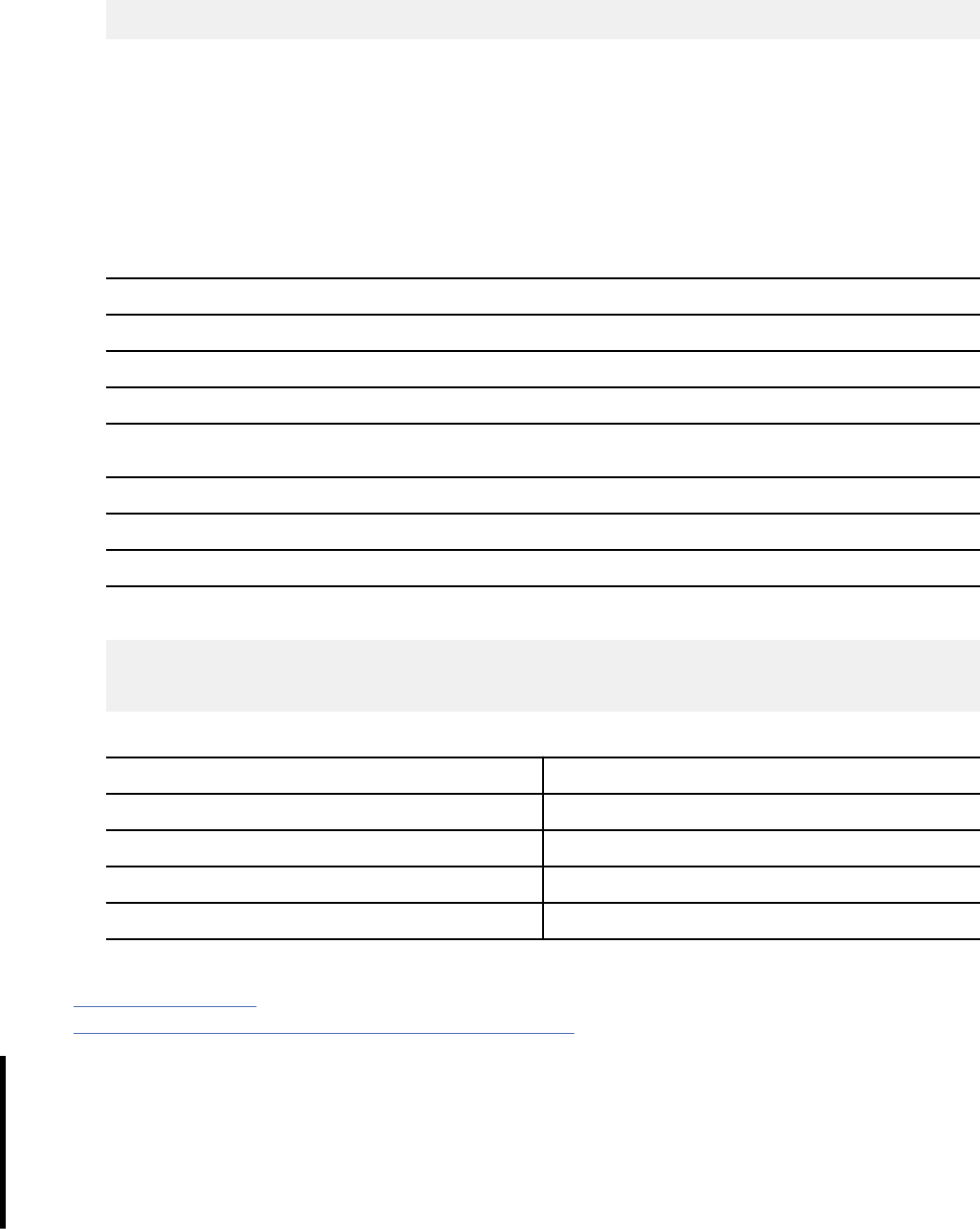
Example 2: Selecting rows that do not contain a null value
To get the rows that do not have a null value for the manager number, you can change the WHERE
clause in the previous example like this:
WHERE MGRNO IS NOT NULL
Example 3: Comparing values that contain the NULL value
Another predicate that is useful for comparing values that can contain the NULL value is the DISTINCT
predicate. Comparing two columns using a normal equal comparison (COL1 = COL2) will be true
if both columns contain an equal non-null value. If both columns are null, the result will be false
because null is never equal to any other value, not even another null value. Using the DISTINCT
predicate, null values are considered equal. So COL1 is NOT DISTINCT from COL2 will be true if both
columns contain an equal non-null value and also when both columns are the null value.
For example, suppose that you want to select information from two tables that contain null values.
The rst table T1 has a column C1 with the following values.
C1
2
1
null
The second table has column C2 with the following values.
C2
2
null
Assume that you issue the following SELECT statement:
SELECT *
FROM T1, T2
WHERE C1 IS DISTINCT FROM C2
The result follows.
C1
C2
1 2
1 -
2 -
- 2
Related concepts
Data types (Db2 SQL)
Null values in table columns (Introduction to Db2 for z/OS)
How to check for null values
Before you retrieve a column value, you might rst want to determine if the column value is null.
Applications frequently need to check two values to see if they are equal or not equal. You can use a basic
predicate to do an equal or not equal comparison. An equal comparison or a not equal comparison can
return true, false, or unknown. The normal rule in SQL, except for the DISTINCT predicate, is that one
null value is never equal to another null value. If either or both operands of a basic predicate are the null
value, the result is unknown.
356
Db2 12 for z/OS: Application Programming and SQL Guide (Last updated: 2024-07-30)
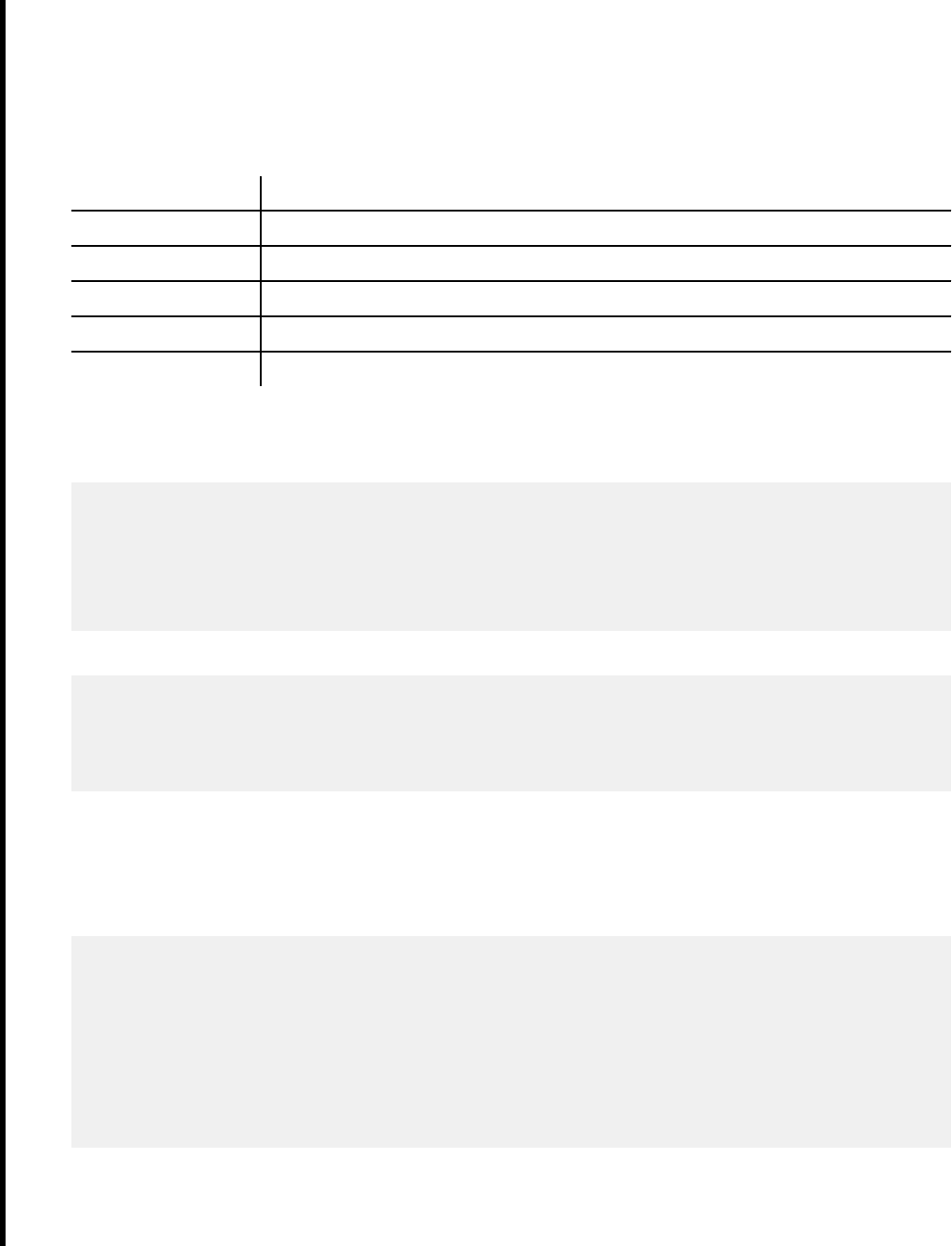
Depending on your application, you might want to include or exclude rows that have a NULL value in a
column. You can use the NULL predicate to do that.
MY_EMP is a table that has a row with the last name and phone number for each of the employees in a
company. In this company, no employees share a phone number, but some employees might not have a
phone number. The LASTNAME column contains the last name of each employee. The PHONENO column
contains the phone number for each employee. If an employee does not have a phone, the PHONENO
column value is NULL. The table might look like this:
LASTNAME PHONENO
HAAS -------
THOMPSON 3476
KWAN 4738
GEYER 6789
STERN 6423
Suppose that you want to know the last name of the employee who has no phone number. Using a query
like this one does not work, because if the PHONENO column value is NULL, the WHERE clause compares
a NULL column value to a null host variable value. The result of that comparison is unknown.
MOVE -1 TO PHONENO-IND.
EXEC SQL
SELECT LASTNAME
INTO :LASTNAME-HV
FROM MY_EMP
WHERE PHONENO = :PHONENO-HV :PHONENO-IND
END-EXEC.
To nd the employee with a NULL value for the phone number, you need to use a NULL predicate:
EXEC SQL
SELECT LASTNAME
INTO :LASTNAME-HV
FROM MY_EMP
WHERE PHONENO IS NULL
END-EXEC.
The SELECT statement returns a LASTNAME value of 'HAAS'.
Now suppose that you want to select the last name of an employee whose phone number matches a
certain value or whose phone number is NULL. To do that, you need to code two search conditions: one to
handle the case where the phone number is not NULL, and another to handle the case where the phone
number is NULL. The SELECT statement might look like this:
EXEC SQL
SELECT LASTNAME
INTO :LASTNAME-HV
FROM MY_EMP
WHERE (PHONENO IS NOT NULL AND :PHONENO-HV :PHONENO-IND IS NOT NULL
AND PHONENO = :PHONENO-HV ) -- Search condition for non-NULL
-- phone number
OR
(PHONENO IS NULL AND :PHONENO-HV :PHONENO-IND IS NULL)
-- Search condition for NULL
-- phone number
END-EXEC.
If you set :PHONENO-HV to '3476' and :PHONENO-IND to 0, the SELECT statement returns 'THOMPSON'
because the search condition for a non-NULL phone number is used. If you set :PHONENO-HV to any
value, and set :PHONENO-IND to -1, the SELECT statement returns 'HAAS' because the search condition
for a NULL phone number is used.
Chapter 3. Db2 SQL programming
357

Related tasks
Declaring host variables and indicator variables
You can use host variables and indicator variables in SQL statements in your program to pass data
between Db2 and your application.
Related reference
DISTINCT predicate (Db2 SQL)
NULL predicate (Db2 SQL)
Selecting derived columns
In a SELECT statement, you can select columns that are not actual columns in a table. Instead, you can
specify "columns" that are derived from a constant, an expression, or a function.
Example: SELECT with an expression
This SQL statement generates a result table in which the second column is a derived column that is
generated by adding the values of the SALARY, BONUS, and COMM columns.
SELECT EMPNO, (SALARY + BONUS + COMM)
FROM DSN8C10.EMP;
Derived columns in a result table, such as (SALARY + BONUS + COMM), do not have names. You can use
the AS clause to give a name to an unnamed column of the result table. For information about using the
AS clause, see “Naming result columns” on page 360.
What to do next
To order the rows in a result table by the values in a derived column, specify a name for the column
by using the AS clause, and specify that name in the ORDER BY clause. For information about using the
ORDER BY clause, see “Ordering the result table rows” on page 361
.
Selecting XML data
You can select all XML data that is stored in a particular column or only a subset of data from an XML
column.
Procedure
• You can select all XML data that is stored in a particular column by specifying SELECT column name or
SELECT *, just as you would for columns of any other data type.
• Alternatively, you can select only a subset of data from an XML column by using an XPath expression in
a SELECT statement. XPath expressions identify specic nodes in an XML document.
To select a subset of data in an XML column, specify the XMLQUERY function in your SELECT statement
with the following parameters:
– An XPath expression that is embedded in a character string constant. Specify an XPath expression
that identies which XML data to return.
– Any additional values to pass to the XPath expression, including the XML column name. Specify
these values after the PASSING keyword.
Example
Suppose that you store purchase orders as XML documents in the POrder column in the PurchaseOrders
table. You need to nd in each purchase order the items whose product name is equal to a name in the
Product table. You can use the following statement to nd these values:
SELECT XMLQUERY('//item[productName = $n]'
PASSING PO.POrder,
358
Db2 12 for z/OS: Application Programming and SQL Guide (Last updated: 2024-07-30)

P.name AS "n")
FROM PurchaseOrders PO, Product P;
This statement returns the item elements in the POrder column that satisfy the criteria in the XPath
expression.
Related concepts
Overview of XQuery (Db2 Programming for XML)
Related reference
XMLQUERY scalar function (Db2 SQL)
Formatting the result table
An SQL statement returns data in a table called a result table. You can specify certain attributes of the
result table, such as the column names, how the rows are ordered, and whether the rows are numbered.
Result tables
The data that is retrieved by an SQL statement is always in the form of a table, which is called a result
table. Like the tables from which you retrieve the data, a result table has rows and columns. A program
fetches this data one row at a time.
Example result table: Assume that you issue the following SELECT statement, which retrieves the last
name, rst name, and phone number of employees in department D11 from the sample employee table:
SELECT LASTNAME, FIRSTNME, PHONENO
FROM DSN8C10.EMP
WHERE WORKDEPT = 'D11'
ORDER BY LASTNAME;
The result table looks similar to the following output:
LASTNAME FIRSTNME PHONENO
================ ============== ==========
ADAMSON BRUCE 4510
BROWN DAVID 4501
JOHN REBA 0672
JONES WILLIAM 0942
LUTZ JENNIFER 0672
PIANKA ELIZABETH 3782
SCOUTTEN MARILYN 1682
STERN IRVING 6432
WALKER JAMES 2986
YAMAMOTO KIYOSHI 2890
YOSHIMURA MASATOSHI 2890
Excluding duplicate rows from the result table of a query
You can ask Db2 to exclude multiple identical rows from a query result table. For example, a query might
return multiple rows for each employee when one row per employee is sufcient for your program.
Procedure
Specify the DISTINCT keyword in the query.
The DISTINCT keyword excludes duplicate rows from your query result table, so that each row contains
unique data.
Restriction: You cannot use the DISTINCT keyword with LOB columns or XML columns.
Example
The following SELECT statement lists unique department numbers for administrative departments:
SELECT DISTINCT ADMRDEPT
FROM DSN8C10.DEPT;
The result table looks similar to the following output:
Chapter 3. Db2 SQL programming
359

ADMRDEPT
========
A00
D01
E01
Related tasks
Coding SQL statements to avoid unnecessary processing (Db2 Performance)
Related reference
select-clause (Db2 SQL)
Naming result columns
You can provide your own names for the result table columns for a SELECT statement. This capability is
particularly useful for a column that is derived from an expression or a function.
Procedure
Use the AS clause to name result columns in a SELECT statement.
Examples
The following examples show different ways to use the AS clause.
Example: SELECT with AS CLAUSE
The following example of the SELECT statement gives the expression SALARY+BONUS+COMM the
name TOTAL_SAL.
SELECT SALARY+BONUS+COMM AS TOTAL_SAL
FROM DSN8C10.EMP
ORDER BY TOTAL_SAL;
Example: CREATE VIEW with AS clause
You can specify result column names in the select-clause of a CREATE VIEW statement. You do not
need to supply the column list of CREATE VIEW, because the AS keyword names the derived column.
The columns in the view EMP_SAL are EMPNO and TOTAL_SAL.
CREATE VIEW EMP_SAL AS
SELECT EMPNO,SALARY+BONUS+COMM AS TOTAL_SAL
FROM DSN8C10.EMP;
Example: set operator with AS clause
You can use the AS clause with set operators, such as UNION. In this example, the AS clause is used
to give the same name to corresponding columns of tables in a UNION. The third result column from
the union of the two tables has the name TOTAL_VALUE, even though it contains data that is derived
from columns with different names:
SELECT 'On hand' AS STATUS, PARTNO, QOH * COST AS TOTAL_VALUE
FROM PART_ON_HAND
UNION ALL
SELECT 'Ordered' AS STATUS, PARTNO, QORDER * COST AS TOTAL_VALUE
FROM ORDER_PART
ORDER BY PARTNO, TOTAL_VALUE;
The column STATUS and the derived column TOTAL_VALUE have the same name in the rst and
second result tables. They are combined in the union of the two result tables, which is similar to the
following partial output:
STATUS PARTNO TOTAL_VALUE
======= ====== ===========
On hand 00557 345.60
Ordered 00557 150.50
.
.
.
360
Db2 12 for z/OS: Application Programming and SQL Guide (Last updated: 2024-07-30)
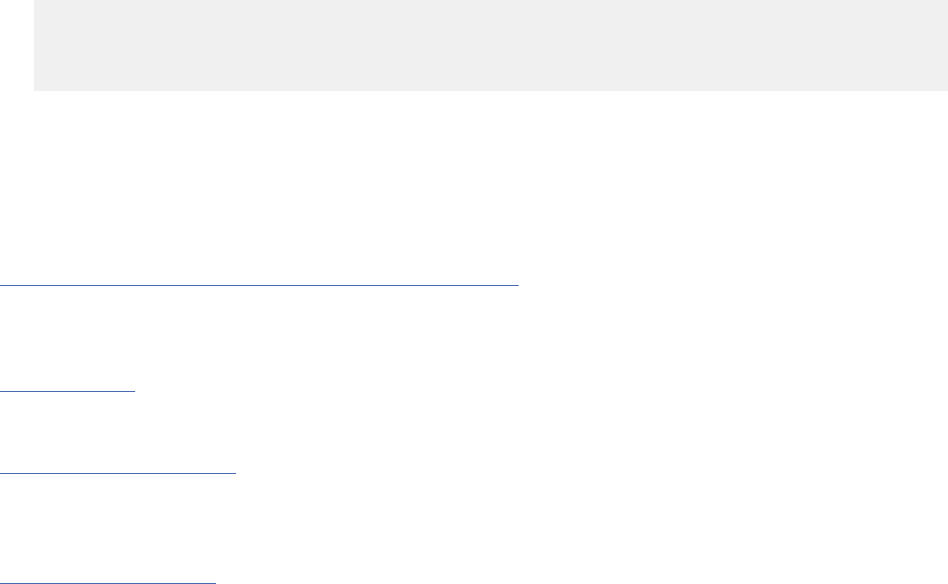
Example: GROUP BY derived column
You can use the AS clause in a FROM clause to assign a name to a derived column that you want to
refer to in a GROUP BY clause. This SQL statement names HIREYEAR in the nested table expression,
which lets you use the name of that result column in the GROUP BY clause:
SELECT HIREYEAR, AVG(SALARY)
FROM (SELECT YEAR(HIREDATE) AS HIREYEAR, SALARY
FROM DSN8C10.EMP) AS NEWEMP
GROUP BY HIREYEAR;
You cannot use GROUP BY with a name that is dened with an AS clause for the derived column
YEAR(HIREDATE) in the outer SELECT, because that name does not exist when the GROUP BY runs.
However, you can use GROUP BY with a name that is dened with an AS clause in the nested table
expression, because the nested table expression runs before the GROUP BY that references the
name.
Related tasks
Combining result tables from multiple SELECT statements
When you combine the results of multiple SELECT statements, you can choose what to include in the
result table. You can include all rows, only rows that are in the result table of both SELECT statements, or
only rows that are unique to the result table of the rst SELECT statement.
Dening a view
A view is a named specication of a result table. Use views to control which users have access to certain
data or to simplify writing SQL statements.
Summarizing group values
You can group rows in the result table by the values of one or more columns or by the results of an
expression. You can then apply aggregate functions to each group.
Related reference
select-clause (Db2 SQL)
Ordering the result table rows
If you want to guarantee that the rows in your result table are ordered in a particular way, you must
specify the order in the SELECT statement. Otherwise, Db2 can return the rows in any order.
About this task
Using ORDER BY is the only way to guarantee that your rows are ordered as you want them.
Procedure
To retrieve rows in a specic order, use the ORDER BY clause
Examples
Example: Specifying the sort key in the ORDER BY clause
The order of the selected rows depends on the sort keys that you identify in the ORDER BY clause. A
sort key can be a column name, an integer that represents the number of a column in the result table,
or an expression. Db2 orders the rows by the rst sort key, followed by the second sort key, and so on.
You can list the rows in ascending or descending order. Null values appear last in an ascending sort
and rst in a descending sort.
Db2 sorts strings in the collating sequence associated with the encoding scheme of the table. Db2
sorts numbers algebraically and sorts datetime values chronologically.
Restriction: You cannot use the ORDER BY clause with LOB or XML columns.
Example: ORDER BY clause with a column name as the sort key
Retrieve the employee numbers, last names, and hire dates of employees in department A00 in
ascending order of hire dates:
Chapter 3. Db2 SQL programming
361
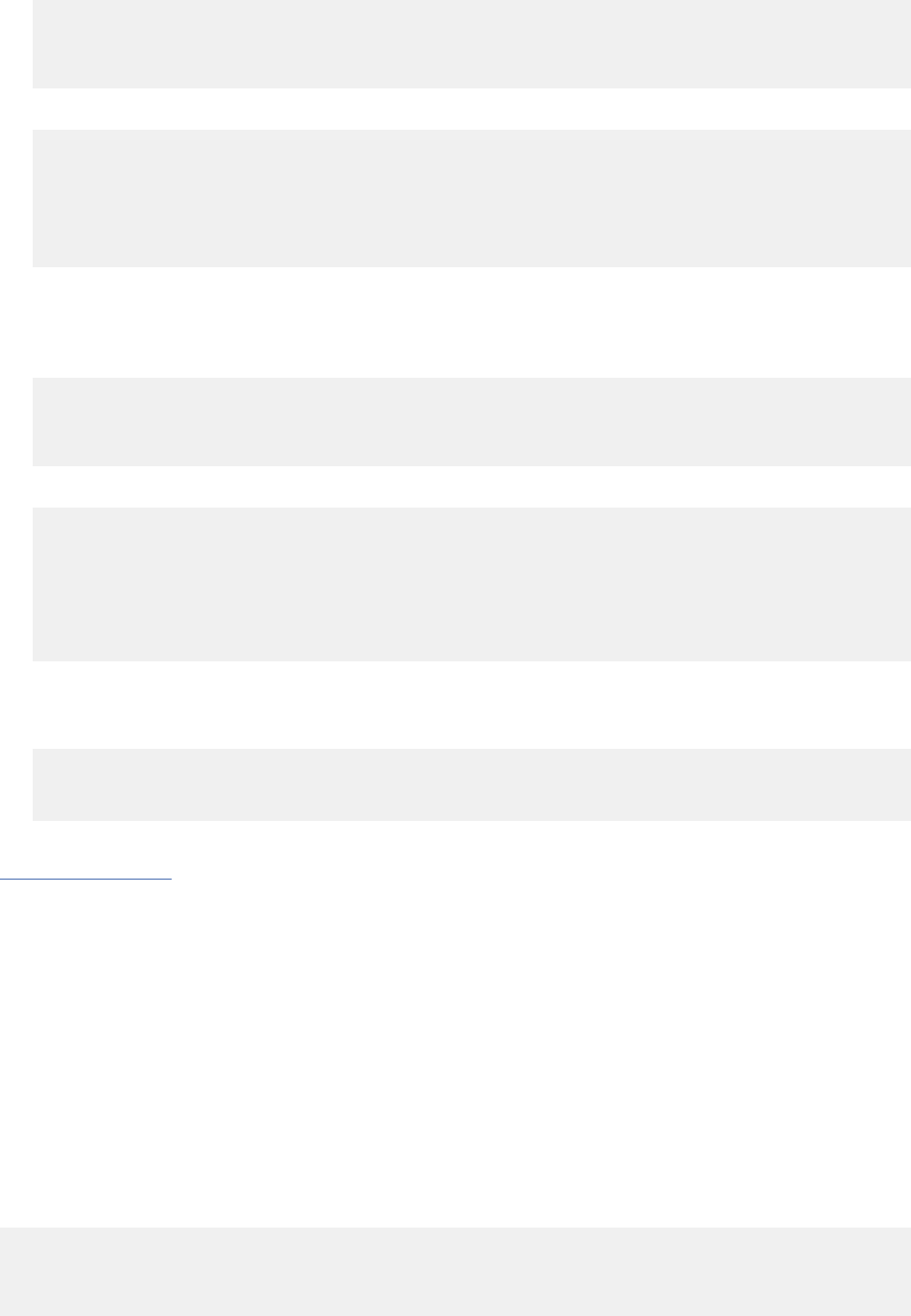
SELECT EMPNO, LASTNAME, HIREDATE
FROM DSN8C10.EMP
WHERE WORKDEPT = 'A00'
ORDER BY HIREDATE ASC;
The result table looks similar to the following output:
EMPNO LASTNAME HIREDATE
===== ========= ==========
000110 LUCCHESI 1958-05-16
000120 O'CONNELL 1963-12-05
000010 HAAS 1965-01-01
200010 HEMMINGER 1965-01-01
200120 ORLANDO 1972-05-05
Example: ORDER BY clause with an expression as the sort key
The following subselect retrieves the employee numbers, salaries, commissions, and total
compensation (salary plus commission) for employees with a total compensation greater than 40000.
Order the results by total compensation:
SELECT EMPNO, SALARY, COMM, SALARY+COMM AS "TOTAL COMP"
FROM DSN8C10.EMP
WHERE SALARY+COMM > 40000
ORDER BY SALARY+COMM;
The intermediate result table looks similar to the following output:
EMPNO SALARY COMM TOTAL COMP
====== ======== ======= ==========
000030 38250.00 3060.00 41310.00
000050 40175.00 3214.00 43389.00
000020 41250.00 3300.00 44550.00
000110 46500.00 3720.00 50220.00
200010 46500.00 4220.00 50720.00
000010 52750.00 4220.00 56970.00
Referencing derived columns in the ORDER BY clause
If you use the AS clause to name an unnamed column in a SELECT statement, you can use that name
in the ORDER BY clause. The following SQL statement orders the selected information by total salary:
SELECT EMPNO, (SALARY + BONUS + COMM) AS TOTAL_SAL
FROM DSN8C10.EMP
ORDER BY TOTAL_SAL;
Related reference
fullselect (Db2 SQL)
Numbering the rows in a result table
Db2 does not number the rows in the result table for a query unless you explicitly request that the rows
be numbered.
About this task
To number the rows in a result table, include the ROW_NUMBER specication in your query. If you want
to ensure that the rows are in a particular order, include an ORDER BY clause after the OVER keyword.
Otherwise, the rows are numbered in an arbitrary order.
Example
Suppose that you want a list of employees and salaries from department D11 in the sample EMP table.
You can return a numbered list that is ordered by last name by submitting the following query:
SELECT ROW_NUMBER() OVER (ORDER BY LASTNAME) AS NUMBER,
WORKDEPT, LASTNAME, SALARY
FROM DSN8910.EMP
WHERE WORKDEPT='D11'
362
Db2 12 for z/OS: Application Programming and SQL Guide (Last updated: 2024-07-30)
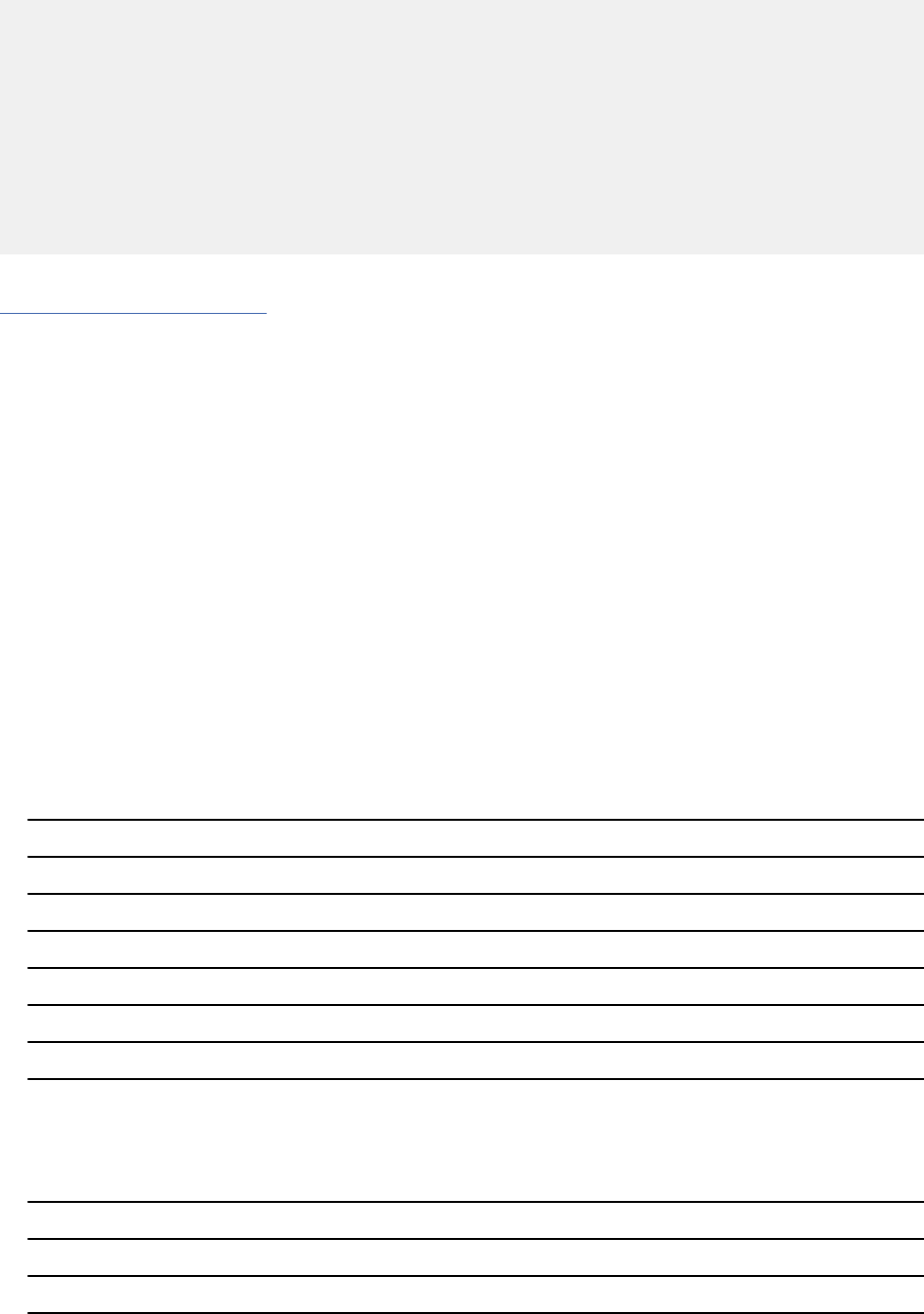
This query returns the following result:
---------+---------+---------+---------+---------+---------+-----
NUMBER WORKDEPT LASTNAME SALARY
---------+---------+---------+---------+---------+---------+-----
1 D11 ADAMSON 25280.00
2 D11 BROWN 27740.00
3 D11 JOHN 29840.00
4 D11 JONES 18270.00
5 D11 LUTZ 29840.00
6 D11 PIANKA 22250.00
7 D11 SCOUTTEN 21340.00
8 D11 STERN 32250.00
9 D11 WALKER 20450.00
10 D11 YAMAMOTO 24680.00
11 D11 YOSHIMURA 24680.00
Related reference
OLAP specications (Db2 SQL)
Ranking the rows
You can request that Db2 calculate the ordinal rank of each row in the result set based on a particular
column. For example, you can rank nishing times for a marathon to determine the rst, second, and third
place nishers.
Procedure
To rank rows, use one of the following ranking specications in an SQL statement:
• Use RANK to return a rank number for each row value.
Use this specication if you want rank numbers to be skipped when duplicate row values exist.
For example, suppose the top ve nishers in a marathon have the following times:
– 2:31:57
– 2:34:52
– 2:34:52
– 2:37:26
– 2:38:01
When you use the RANK specication, Db2 returns the following rank numbers:
Table 62. Example of values returned when you specify RANK
Value Rank number
2:31:57 1
2:34:52 2
2:34:52 2
2:37:26 4
2:38:01 5
• Use DENSE_RANK to return a rank number for each row value.
Use this specication if you do not want rank numbers to be skipped when duplicate row values exist.
For example, when you specify DENSE_RANK with the same times that are listed in the description of
RANK, Db2 returns the following rank numbers:
Table 63. Example of values returned when you specify RANK
Value Rank number
2:31:57 1
Chapter 3. Db2 SQL programming363
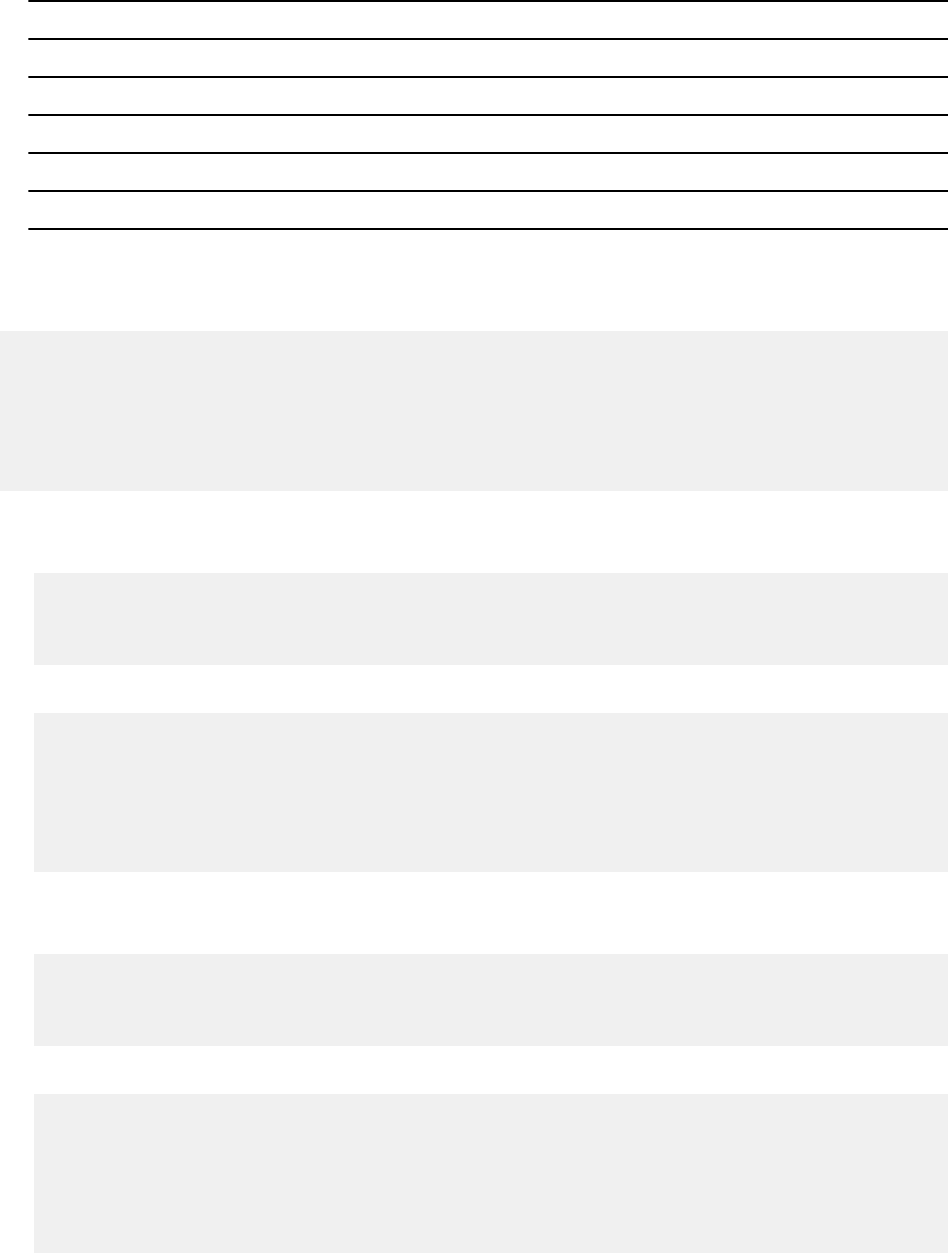
Table 63. Example of values returned when you specify RANK (continued)
Value Rank number
2:34:52 2
2:34:52 2
2:37:26 3
2:38:01 4
Examples
Suppose that you had the following values in the DATA column of table T1:
DATA
-------
100
35
23
8
8
6
Example: RANK
Suppose that you use the following RANK specication:
SELECT DATA,
RANK() OVER (ORDER BY DATA DESC) AS RANK_DATA
FROM T1
ORDER BY RANK_DATA;
Db2 returns the following ranked data:
DATA RANK_DATA
-------------------
100 1
35 2
23 3
8 4
8 4
6 6
Example: DENSE RANK
Suppose that you use the following DENSE_RANK specication on the same data:
SELECT DATA,
DENSE_RANK() OVER (ORDER BY DATA DESC) AS RANK_DATA
FROM T1
ORDER BY RANK_DATA;
Db2 returns the following ranked data:
DATA RANK_DATA
-------------------
100 1
36 2
23 3
8 4
8 4
6 5
In the example with the RANK specication, two equal values are both ranked as 4. The next rank
number is 6. Number 5 is skipped.
In the example with the DENSE_RANK option, those two equal values are also ranked as 4. However,
the next rank number is 5. With DENSE_RANK, no gaps exist in the sequential rank numbering.
364
Db2 12 for z/OS: Application Programming and SQL Guide (Last updated: 2024-07-30)

Related reference
OLAP specications (Db2 SQL)
Accessing part of a result set based on data position
Data-dependent or numeric-based pagination can be used to retrieve a subset of data from a result set
based on the position of the data.
About this task
To retrieve a subset of data from a result set based on the position of the data in the result set, you can
use either data-dependent pagination or numeric-based pagination.
Procedure
• For data dependent pagination: Use row-value expressions with the <, <=, >, or >= comparison
operators in a SELECT statement to retrieve only part of a result set.
When used with a basic predicate, row-value expressions enable an application to access only part of a
Db2 result table based on a logical key value.
The following SELECT statement returns information from the table where the value of the LASTNAME
column is greater than or equal to 'SMITH' and the value of the FIRSTNAME column is greater than
'JOHN':
SELECT EMPNO, LASTNAME, HIREDATE
FROM DSN8C10.EMP
WHERE (LASTNAME, FIRSTNAME) >= ('SMITH', 'JOHN')
ORDER BY HIREDATE ASC;
• For numeric based pagination: Use the OFFSET clause (either by itself, or with the FETCH clause) to
skip a specied number of rows from the result set.
To access part of Db2 result set based on an absolute position, the OFFSET clause can be specied
as part of the SELECT statement. The OFFSET clause species the number of rows to skip from the
beginning of a result set, which can be a more efcient way to lter unneeded rows. The OFFSET
clause can be used with the FETCH clause to further limit the number of rows returned from the result
set.
The following SELECT statement skips the rst 100 rows from the T1 table before it returns rows for
the query:
SELECT * FROM T1
OFFSET 100 ROWS;
Using the OFFSET clause with the FETCH clause species the number of rows to skip from the
beginning of the table before returning the number of rows specied in the FETCH clause:
SELECT * FROM T1
OFFSET 10 ROWS
FETCH FIRST 10 ROWS ONLY;
To return three "pages" of 10 rows each, you might use statements similar to the following SQL
statements:
SELECT * FROM T1
OFFSET 0 ROWS
FETCH FIRST 10 ROWS ONLY;
SELECT * FROM T1
OFFSET 10 ROWS
FETCH NEXT 10 ROWS ONLY;
SELECT * FROM T1
OFFSET 20 ROWS
FETCH NEXT 10 ROWS ONLY;
Chapter 3. Db2 SQL programming
365

This example is three separate SQL statements, each with different values for the OFFSET clause. Each
SELECT statement is processed as a new SQL statement.
Related concepts
SQL pagination support (Db2 for z/OS What's New?)
Related reference
offset-clause (Db2 SQL)
Basic predicate (Db2 SQL)
fetch-clause (Db2 SQL)
Combining result tables from multiple SELECT statements
When you combine the results of multiple SELECT statements, you can choose what to include in the
result table. You can include all rows, only rows that are in the result table of both SELECT statements, or
only rows that are unique to the result table of the rst SELECT statement.
About this task
Assume that you want to combine the results of two SELECT statements that return the following result
tables:
Example: R1 result table
COL1 COL2
a a
a b
a c
Example: R2 result table
COL1 COL2
a b
a c
a d
You can use the set operators to combine two or more SELECT statements to form a single result table:
UNION
UNION returns all of the values from the result table of each SELECT statement. If you want all
duplicate rows to be repeated in the result table, specify UNION ALL. If you want redundant duplicate
rows to be eliminated from the result table, specify UNION or UNION DISTINCT.
For example, the following example is the result of specifying UNION for R1 and R2.
COL1 COL2
a a
a b
a c
a d
EXCEPT
Returns all rows from the rst result table (R1) that are not also in the second result table (R2). If you
want all duplicate rows from R1 to be contained in the result table, specify EXCEPT ALL. If you want
redundant duplicate rows in R1 to be eliminated from the result table, specify EXCEPT or EXCEPT
DISTINCT.
The result of the EXCEPT operation depends on the which SELECT statement is included before the
EXCEPT keyword in the SQL statement. For example, if the SELECT statement that returns the R1
result table is listed rst, the result is a single row:
COL1 COL2
a a
366
Db2 12 for z/OS: Application Programming and SQL Guide (Last updated: 2024-07-30)
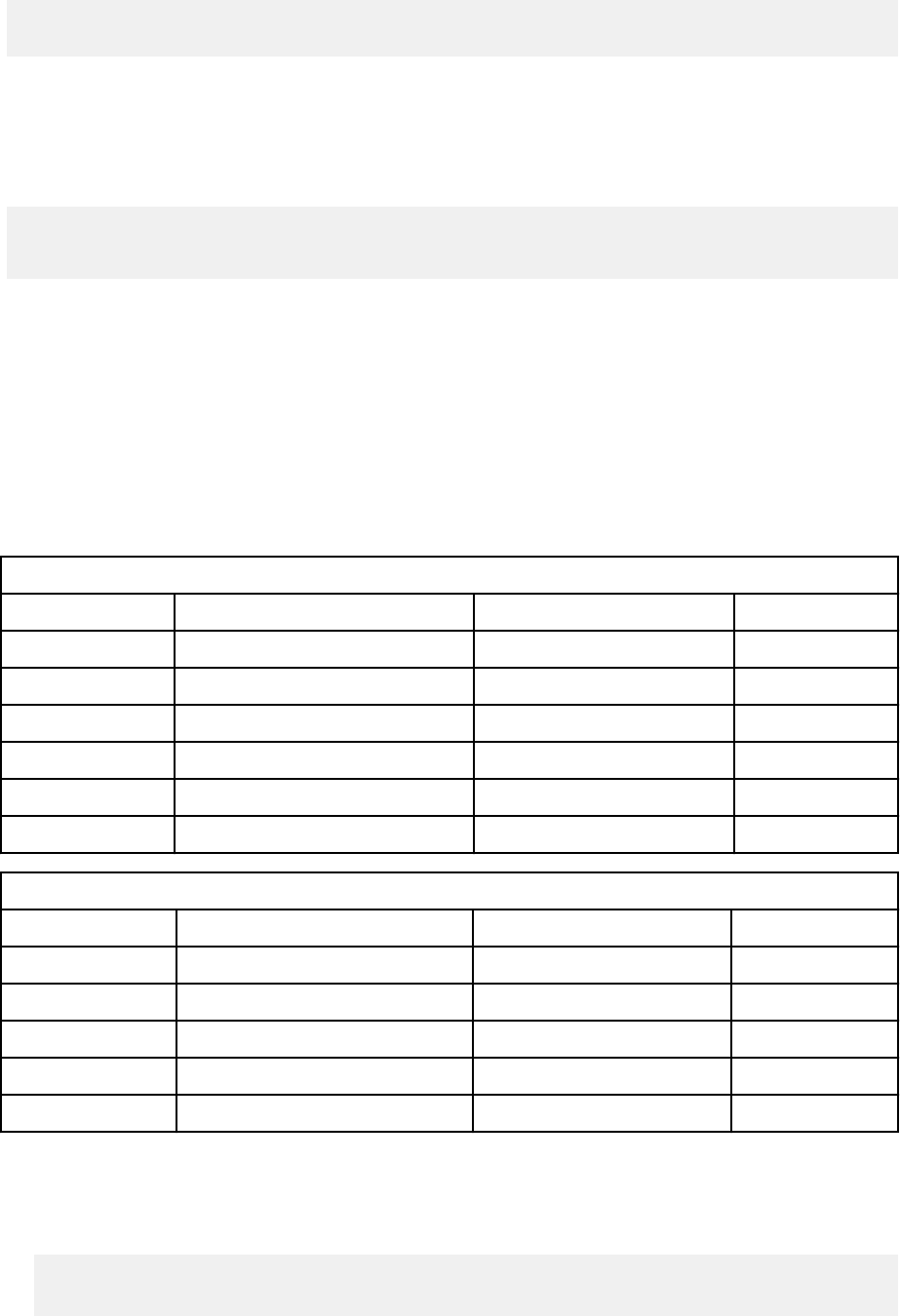
If the SELECT statement that returns the R2 result table is listed rst, the nal result is a different row:
COL1 COL2
a d
INTERSECT
Returns rows that are in the result table of both SELECT statements. If you want all duplicate rows to
be contained in the result table, specify INTERSECT ALL. If you want redundant duplicate rows to be
eliminated from the result table, specify INTERSECT or INTERSECT DISTINCT.
For example, the following example is the result of specifying UNION for R1 and R2.
COL1 COL2
a b
a c
When you specify one of the set operators, Db2 processes each SELECT statement to form an interim
result table, and then combines the interim result table of each statement. If the nth column of the rst
result table (R1) and the nth column of the second result table (R2) have the same result column name,
the nth column of the result table has that same result column name. If the nth column of R1 and the nth
column of R2 do not have the same names, the result column is unnamed.
Procedure
• To combine two or more SELECT statements to form a single result table, use the set operators:
UNION, EXCEPT or INTERSECT.
For example, assume that you have the following tables to manage stock at two book stores.
Table 64. STOCKA
ISBN TITLE AUTHOR NOBEL PRIZE
8778997709 For Whom the Bell Tolls Hemmingway N
4599877699 The Good Earth Buck Y
9228736278 A Tale of Two Cities Dickens N
1002387872 Beloved Morrison Y
4599877699 The Good Earth Buck Y
0087873532 The Labyrinth of Solitude Paz Y
Table 65. STOCKB
ISBN TITLE AUTHOR NOBEL PRIZE
6689038367 The Grapes of Wrath Steinbeck Y
2909788445 The Silent Cry Oe Y
1182983745 Light in August Faulkner Y
9228736278 A Tale of Two Cities Dickens N
1002387872 Beloved Morrison Y
Example: UNION clause
Suppose that you want a list of books whose authors have won the Nobel Prize and that are in
stock at either store. The following SQL statement returns these books in order by author name
without redundant duplicate rows:
SELECT TITLE, AUTHOR
FROM STOCKA
WHERE NOBELPRIZE = 'Y'
Chapter 3. Db2 SQL programming
367
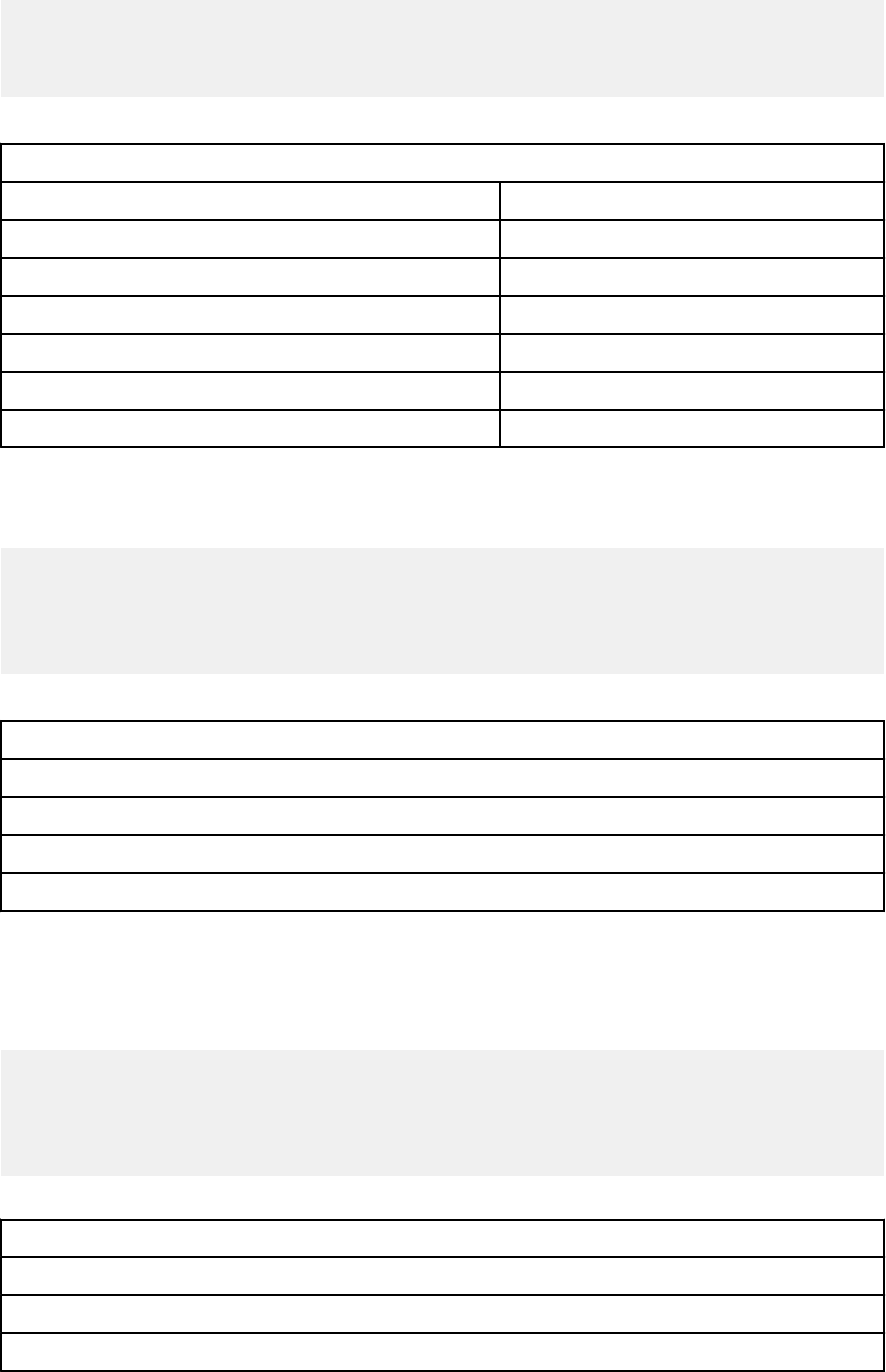
UNION
SELECT TITLE, AUTHOR
FROM STOCKB
WHERE NOBELPRIZE = 'Y'
ORDER BY AUTHOR
This statement returns the following nal result table:
Table 66. Result of UNION
TITLE AUTHOR
The Good Earth Buck
Light in August Faulkner
Beloved Morrison
The Silent Cry Oe
The Labyrinth of Solitude Paz
The Grapes of Wrath Steinbeck
Example: EXCEPT clause
Suppose that you want a list of books that are only in STOCKA. The following SQL statement
returns the book names that are in STOCKA only without any redundant duplicate rows:
SELECT TITLE
FROM STOCKA
EXCEPT
SELECT TITLE
FROM STOCKB
ORDER BY TITLE;
This statement returns the following result table:
Table 67. Result of EXCEPT
TITLE
For Whom the Bell Tolls
The Good Earth
The Labyrinth of Solitude
Example: INTERSECT clause
Suppose that you want a list of books that are in both STOCKA and in STOCKB. The following
statement returns a list of all books from both of these tables with redundant duplicate rows are
removed.
SELECT TITLE
FROM STOCKA
INTERSECT
SELECT TITLE
FROM STOCKB
ORDER BY TITLE;
This statement returns the following result table:
Table 68. Result of INTERSECT
TITLE
A Tale of Two Cities
Beloved
368Db2 12 for z/OS: Application Programming and SQL Guide (Last updated: 2024-07-30)
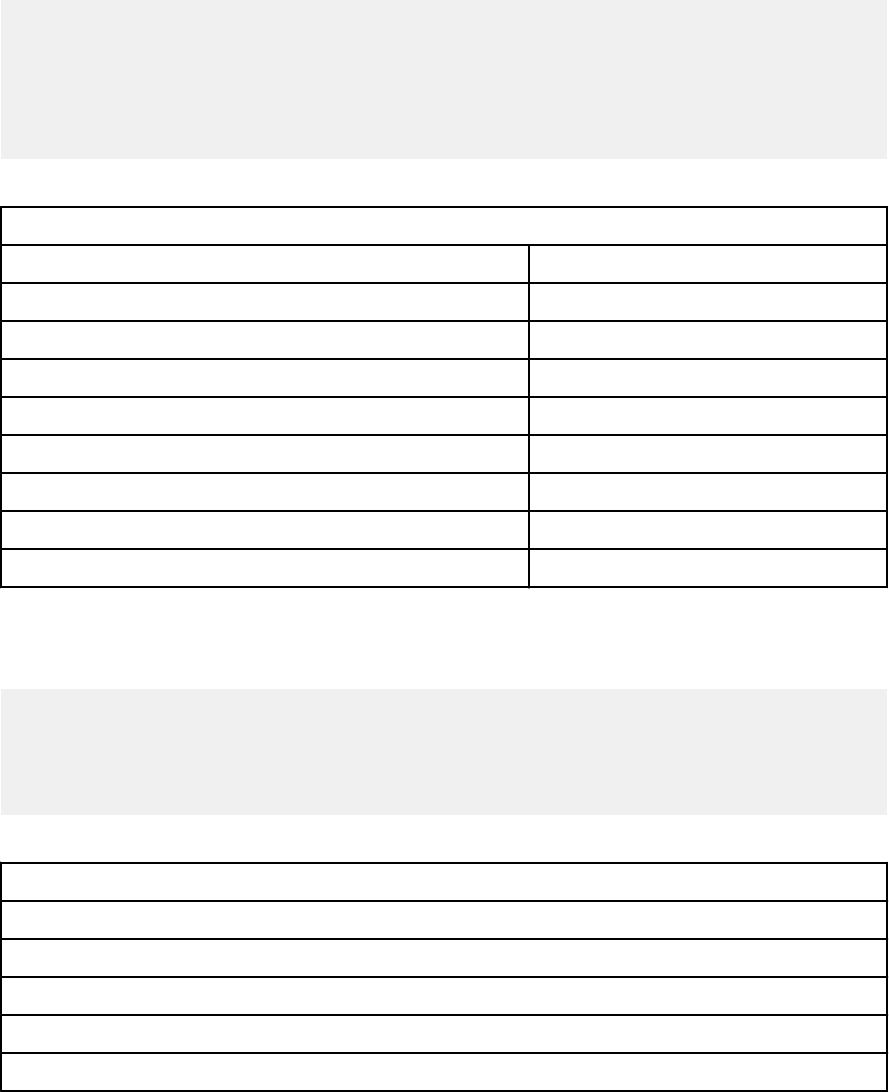
• To keep all duplicate rows when combining result tables, specify the ALL keyword with the set
operator clause.
The following examples use the STOCKA and STOCK B tables from the previous step.
Example: UNION ALL
The following SQL statement returns a list of books that won Nobel prizes and are in stock at either
store, with duplicates included.
SELECT TITLE, AUTHOR
FROM STOCKA
WHERE NOBELPRIZE = 'Y'
UNION ALL
SELECT TITLE, AUTHOR
FROM STOCKB
WHERE NOBELPRIZE = 'Y'
ORDER BY AUTHOR
This statement returns the following result table:
Table 69. Result of UNION ALL
TITLE AUTHOR
The Good Earth Buck
The Good Earth Buck
Light in August Faulkner
Beloved Morrison
Beloved Morrison
The Silent Cry Oe
The Labyrinth of Solitude Paz
The Grapes of Wrath Steinbeck
Example: EXCEPT ALL
Suppose that you want a list of books that are only in STOCKA. The following SQL statement
returns the book names that are in STOCKA only with all duplicate rows:
SELECT TITLE
FROM STOCKA
EXCEPT ALL
SELECT TITLE
FROM STOCKB
ORDER BY TITLE;
This statement returns the following result table:
Table 70. Result of EXCEPT ALL
TITLE
For Whom the Bell Tolls
The Good Earth
The Good Earth
The Labyrinth of Solitude
Example: INTERSECT ALL
Suppose that you want a list of books that are in both STOCKA and in STOCKB, including any
duplicate matches. The following statement returns a list of titles that are in both stocks, including
Chapter 3. Db2 SQL programming
369

duplicate matches. In this case, one match exists for "A Tale of Two Cities" and one match exists
for "Beloved."
SELECT TITLE
FROM STOCKA
INTERSECT ALL
SELECT TITLE
FROM STOCKB
ORDER BY TITLE;
This statement returns the following result table:
Table 71. Result of INTERSECT ALL
TITLE
A Tale of Two Cities
Beloved
• To eliminate redundant duplicate rows when combining result tables, specify one of the following
keywords:
– UNION or UNION DISTINCT
– EXCEPT or EXCEPT DISTINCT
– INTERSECT or INTERSECT DISTINCT
• To order the entire result table, specify the ORDER BY clause at the end.
Related tasks
Ordering the result table rows
If you want to guarantee that the rows in your result table are ordered in a particular way, you must
specify the order in the SELECT statement. Otherwise, Db2 can return the rows in any order.
Related reference
fullselect (Db2 SQL)
Summarizing group values
You can group rows in the result table by the values of one or more columns or by the results of an
expression. You can then apply aggregate functions to each group.
Procedure
Use the GROUP BY clause.
When it is used, the GROUP BY clause follows the FROM clause and any WHERE clause, and it precedes
the ORDER BY clause.
Except for the columns that are named in the GROUP BY clause, the SELECT statement must specify any
other selected columns as an operand of one of the aggregate functions.
If a column that you specify in the GROUP BY clause contains null values, Db2 considers those null values
to be equal. Thus, all nulls form a single group.
Examples
Example: GROUP BY clause using one column
The following SQL statement lists, for each department, the lowest and highest education level within
that department:
SELECT WORKDEPT, MIN(EDLEVEL), MAX(EDLEVEL)
FROM DSN8C10.EMP
GROUP BY WORKDEPT;
370
Db2 12 for z/OS: Application Programming and SQL Guide (Last updated: 2024-07-30)
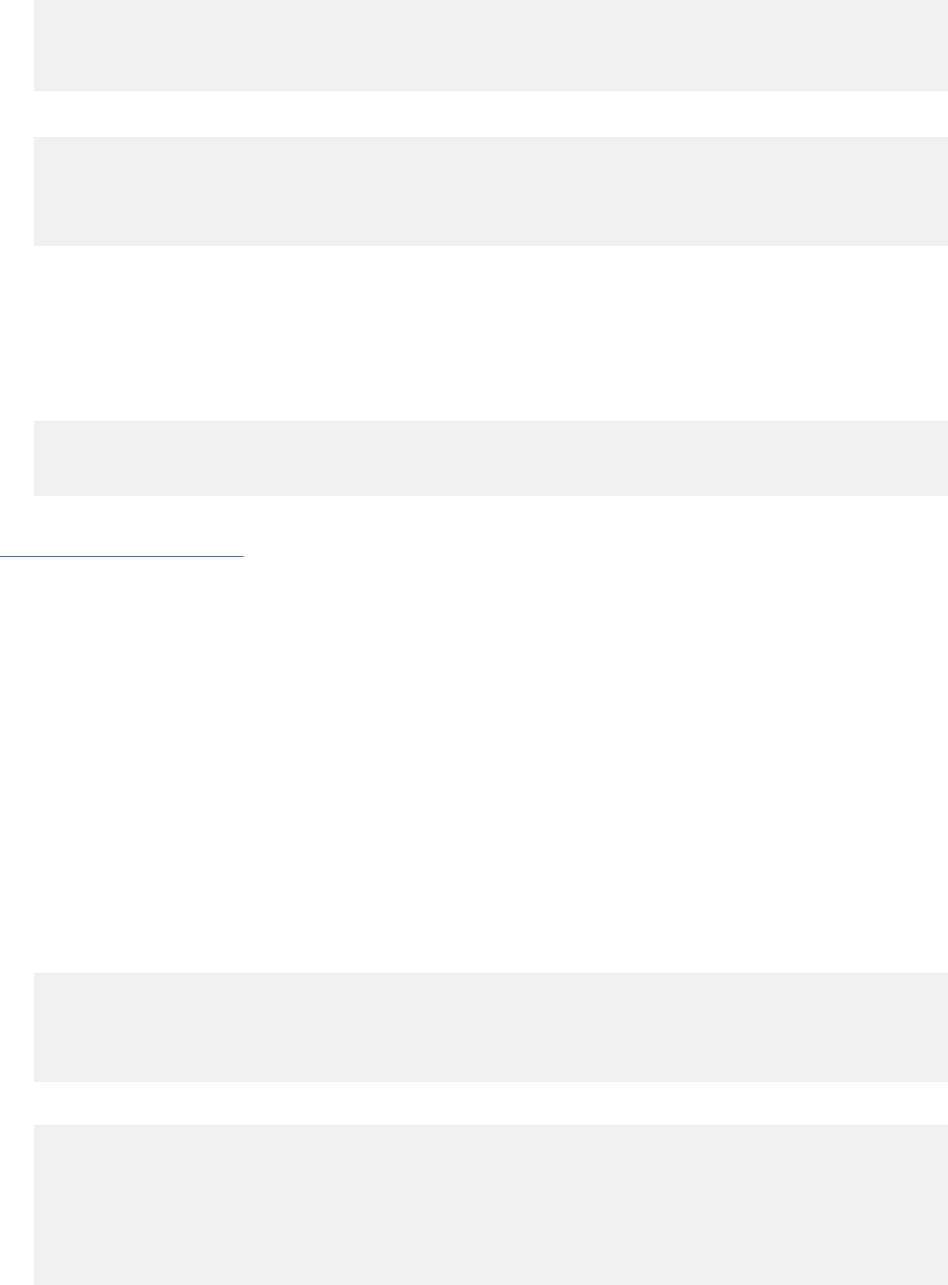
Example: GROUP BY clause using more than one column
You can group the rows by the values of more than one column. For example, The following statement
nds the average salary for men and women in departments A00 and C01:
SELECT WORKDEPT, SEX, AVG(SALARY) AS AVG_SALARY
FROM DSN8C10.EMP
WHERE WORKDEPT IN ('A00', 'C01')
GROUP BY WORKDEPT, SEX;
The result table looks similar to the following output:
WORKDEPT SEX AVG_SALARY
======== === ==============
A00 F 49625.00000000
A00 M 35000.00000000
C01 F 29722.50000000
Db2 groups the rows rst by department number and then (within each department) by sex before it
derives the average SALARY value for each group.
Example: GROUP BY clause using a expression
You can also group the rows by the results of an expression. For example, the following statement
groups departments by their leading characters, and lists the lowest and highest education level for
each group:
SELECT SUBSTR(WORKDEPT,1,1), MIN(EDLEVEL), MAX(EDLEVEL)
FROM DSN8C10.EMP
GROUP BY SUBSTR(WORKDEPT,1,1);
Related reference
group-by-clause (Db2 SQL)
Filtering groups
If you group rows in the result table, you can also specify a search condition that each retrieved group
must satisfy. The search condition tests properties of each group rather than properties of individual rows
in the group.
Procedure
Use the HAVING clause to specify a search condition.
The HAVING clause acts like a WHERE clause for groups, and it contains the same kind of search
conditions that you specify in a WHERE clause.
Example
Example: HAVING clause
The following SQL statement includes a HAVING clause that species a search condition for groups of
work departments in the employee table:
SELECT WORKDEPT, AVG(SALARY) AS AVG_SALARY
FROM DSN8C10.EMP
GROUP BY WORKDEPT
HAVING COUNT(*) > 1
ORDER BY WORKDEPT;
The result table looks similar to the following output:
WORKDEPT AVG_SALARY
======== ==============
A00 40850.00000000
C01 29722.50000000
D11 25147.27272727
D21 25668.57142857
E11 21020.00000000
E21 24086.66666666
Chapter 3. Db2 SQL programming
371

Compare the preceding example with the second example shown in “Summarizing group values” on
page 370. The clause, HAVING COUNT(*) > 1, ensures that only departments with more than one
member are displayed. In this case, departments B01 and E01 do not display because the HAVING
clause tests a property of the group.
Example: HAVING clause used with a GROUP BY clause
Use the HAVING clause to retrieve the average salary and minimum education level of women in
each department for which all female employees have an education level greater than or equal to 16.
Assuming that you want results from only departments A00 and D11, the following SQL statement
tests the group property, MIN(EDLEVEL):
SELECT WORKDEPT, AVG(SALARY) AS AVG_SALARY,
MIN(EDLEVEL) AS MIN_EDLEVEL
FROM DSN8C10.EMP
WHERE SEX = 'F' AND WORKDEPT IN ('A00', 'D11')
GROUP BY WORKDEPT
HAVING MIN(EDLEVEL) >= 16;
The result table looks similar to the following output:
WORKDEPT AVG_SALARY MIN_EDLEVEL
======== ============== ===========
A00 49625.00000000 18
D11 25817.50000000 17
When you specify both GROUP BY and HAVING, the HAVING clause must follow the GROUP BY
clause. A function in a HAVING clause can include DISTINCT if you have not used DISTINCT anywhere
else in the same SELECT statement. You can also connect multiple predicates in a HAVING clause
with AND or OR, and you can use NOT for any predicate of a search condition.
Related reference
where-clause (Db2 SQL)
having-clause (Db2 SQL)
Finding rows that were changed within a specied period of time
You can lter rows based on the time that they were updated. For example, you might want to nd all
rows in a particular table that have been changed in the last 7 days.
Procedure
Specify the ROW CHANGE TIMESTAMP expression in the predicate of your SQL statement.
Recommendation: Ensure that the table has a ROW CHANGE TIMESTAMP column that was dened prior
to the time period that you want to query. This column ensures that Db2 returns only those rows that were
updated in the given time period.
If the table does not have a ROW CHANGE TIMESTAMP column, Db2 returns all rows on each page that
has had any changes within the given time period. In this case, your result set can contain rows that have
not been updated in the give time period, if other rows on that page have been updated or inserted.
Examples
Example
Suppose that the TAB table has a ROW CHANGE TIMESTAMP column and that you want to return all of
the records that have changed in the last 30 days. The following query returns all of those rows.
SELECT * FROM TAB
WHERE ROW CHANGE TIMESTAMP FOR TAB <= CURRENT TIMESTAMP AND
ROW CHANGE TIMESTAMP FOR TAB >= CURRENT TIMESTAMP - 30 days;
Example
Suppose that you want to return all of the records that have changed since 9:00 AM January 1, 2004.
The following query returns all of those rows.
372
Db2 12 for z/OS: Application Programming and SQL Guide (Last updated: 2024-07-30)

SELECT * FROM TAB
WHERE ROW CHANGE TIMESTAMP FOR TAB >= '2004-01-01-09.00.00';
Related reference
ROW CHANGE expression (Db2 SQL)
CREATE TABLE statement (Db2 SQL)
where-clause (Db2 SQL)
Joining data from more than one table
Sometimes the information that you want to see is not in a single table. To form a row of the result table,
you might want to retrieve some column values from one table and some column values from another
table.
About this task
You can use a SELECT statement to retrieve and join column values from two or more tables into a single
row.
A join operation typically matches a row of one table with a row of another on the basis of a join condition.
Db2 supports the following types of joins: inner join, left outer join, right outer join, and full outer join. You
can specify joins in the FROM clause of a query.
Db2 supports inner joins, outer joins, which include left outer joins, right outer joins, and full outer joins,
and cross joins.
Inner join
An inner join result is the cross product of the tables, but it keeps only the rows where the join
condition is true. The result of T1 INNER JOIN T2 consists of their paired rows. If a join operator is
not specied, INNER is the default. The order in which a LEFT OUTER JOIN or RIGHT OUTER JOIN is
performed can affect the result. For more information, see “Inner joins” on page 377.
Outer join
An outer join result includes the rows that are produced by the inner join, plus the missing rows,
depending on whether a left outer, full outer, right outer or full out join is used. For more information,
see “Outer joins” on page 379.
Left outer join
A left outer join result includes the rows from the left table that were missing from the inner join.
The result of T1 LEFT OUTER JOIN T2 consists of their paired rows and, for each unpaired row
of T1, the concatenation of that row with the null row of T2. All columns derived from T2 allow null
values. For more information, see “Left outer join” on page 381.
Right outer join
A right outer join result includes the rows from the right table that were missing from the inner
join. The result of T1 RIGHT OUTER JOIN T2 consists of their paired rows and, for each
unpaired row of T2, the concatenation of that row with the null row of T1. All columns derived
from T1 allow null values. For more information, see “Right outer join” on page 382.
Full outer join
A full outer join result includes the rows from both tables that were missing from the inner join.
The result of T1 FULL OUTER JOIN T2 consists of their paired rows and, for each unpaired row
of T1, the concatenation of that row with the null row of T2, and for each unpaired row of T2, the
concatenation of that row with the null row in T1. All columns of the result table allow null values.
For more information, see “Full outer join” on page 383.
Cross join
A cross join result includes the cross product of the tables, where each row of the left table is
combined with every row of the right table. A cross join is also known as the Cartesian product.The
result of T1 CROSS JOIN T2 consists of each row of T1 paired with each row of T2. A cross join
can also be specied without the CROSS JOIN syntax, by listing the two tables in the FROM clause
separated by commas without using a WHERE clause to supply join criteria.
Chapter 3. Db2 SQL programming
373
Examples
Nested table expressions and user-dened table functions in joins
An operand of a join can be more complex than the name of a single table. You can specify one of the
following items as a join operand:
nested table expression
A fullselect that is enclosed in parentheses and followed by a correlation name. The correlation
name lets you refer to the result of that expression.
Using a nested table expression in a join can be helpful when you want to create a temporary table
to use in a join. You can specify the nested table expression as either the right or left operand of a
join, depending on which unmatched rows you want included.
user-dened table function
A user-dened function that returns a table.
Using a nested table expression in a join can be helpful when you want to perform some operation
on the values in a table before you join them to another table.
Example: Using correlated references
In the following SELECT statement, the correlation name that is used for the nested table
expression is CHEAP_PARTS. You can use this correlation name to refer to the columns that are
returned by the expression. In this case, those correlated references are CHEAP_PARTS.PROD# and
CHEAP_PARTS.PRODUCT.
SELECT CHEAP_PARTS.PROD#, CHEAP_PARTS.PRODUCT
FROM (SELECT PROD#, PRODUCT
FROM PRODUCTS
WHERE PRICE < 10) AS CHEAP_PARTS;
The result table looks similar to the following output:
PROD# PRODUCT
===== ===========
505 SCREWDRIVER
30 RELAY
The correlated references are valid because they do not occur in the table expression where
CHEAP_PARTS is dened. The correlated references are from a table specication at a higher level
in the hierarchy of subqueries.
Example: Using a nested table expression as the right operand of a join
The following query contains a fullselect (in bold) as the right operand of a left outer join with the
PROJECTS table. The correlation name is TEMP. In this case the unmatched rows from the PROJECTS
table are included, but the unmatched rows from the nested table expression are not.
SELECT PROJECT, COALESCE(PROJECTS.PROD#, PRODNUM) AS PRODNUM,
PRODUCT, PART, UNITS
FROM PROJECTS LEFT JOIN
(SELECT PART,
COALESCE(PARTS.PROD#, PRODUCTS.PROD#) AS PRODNUM,
PRODUCTS.PRODUCT
FROM PARTS FULL OUTER JOIN PRODUCTS
ON PARTS.PROD# = PRODUCTS.PROD#) AS TEMP
ON PROJECTS.PROD# = PRODNUM;
Example: Using a nested table expression as the left operand of a join
The following query contains a fullselect as the left operand of a left outer join with the PRODUCTS
table. The correlation name is PARTX. In this case the unmatched rows from the nested table
expression are included, but the unmatched rows from the PRODUCTS table are not.
SELECT PART, SUPPLIER, PRODNUM, PRODUCT
FROM (SELECT PART, PROD# AS PRODNUM, SUPPLIER
FROM PARTS
WHERE PROD# < '200') AS PARTX
LEFT OUTER JOIN PRODUCTS
ON PRODNUM = PROD#;
374
Db2 12 for z/OS: Application Programming and SQL Guide (Last updated: 2024-07-30)
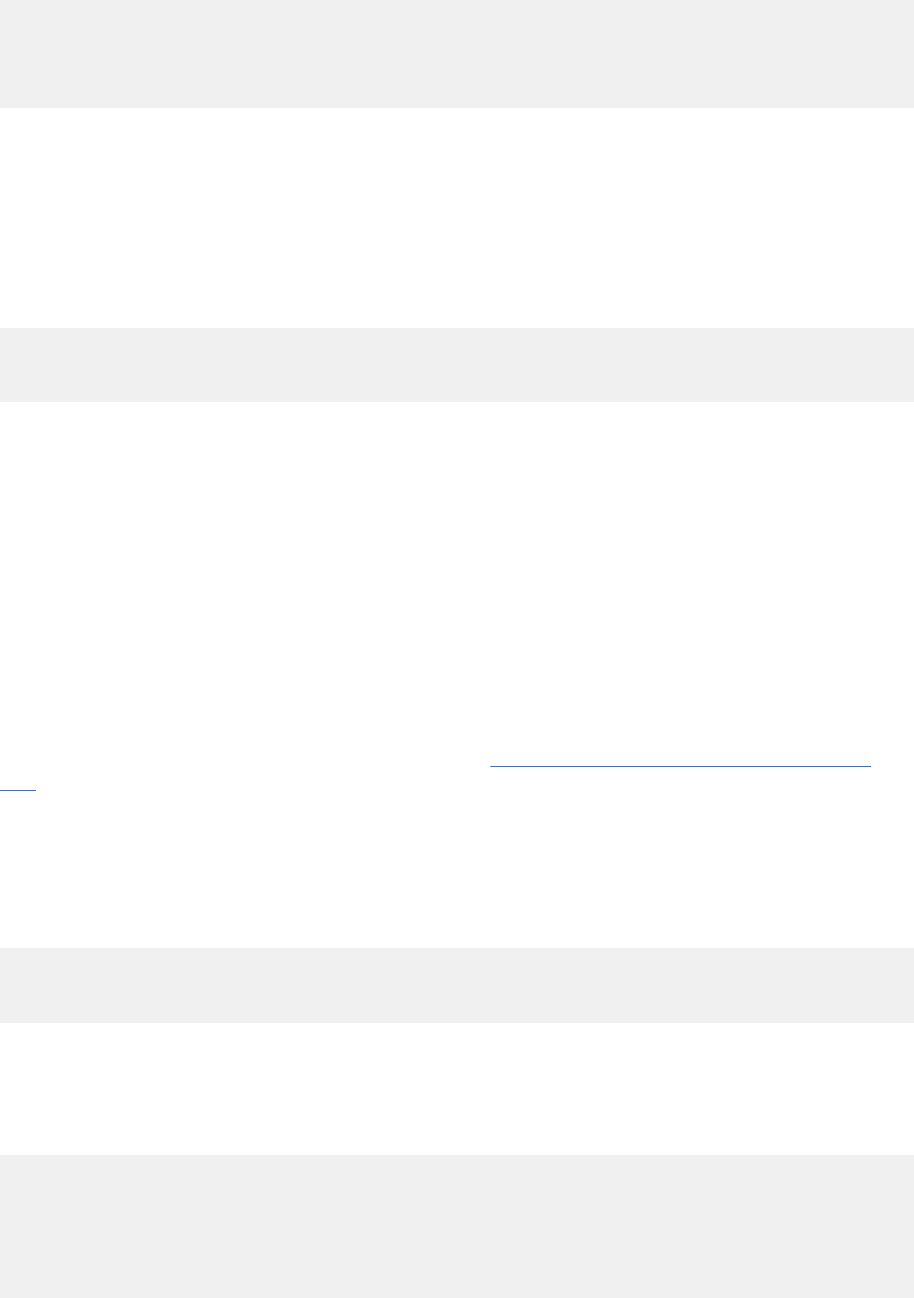
The result table looks similar to the following output:
PART SUPPLIER PRODNUM PRODUCT
======= ============ ======= ==========
WIRE ACWF 10 GENERATOR
MAGNETS BATEMAN 10 GENERATOR
OIL WESTERN_CHEM 160 ----------
Because PROD# is a character eld, Db2 does a character comparison to determine the set of rows in
the result. Therefore, because the characters '30' are greater than '200', the row in which PROD# is
equal to '30' does not appear in the result.
Example: Using a table function as an operand of a join
Suppose that CVTPRICE is a table function that converts the prices in the PRODUCTS table to the
currency that you specify and returns the PRODUCTS table with the prices in those units. You can
obtain a table of parts, suppliers, and product prices with the prices in your choice of currency by
executing a query similar to the following query:
SELECT PART, SUPPLIER, PARTS.PROD#, Z.PRODUCT, Z.PRICE
FROM PARTS, TABLE(CVTPRICE(:CURRENCY)) AS Z
WHERE PARTS.PROD# = Z.PROD#;
Correlated references in table specications in joins
Use correlation names to refer to the results of a nested table expression. After you specify the
correlation name for an expression, any subsequent reference to this correlation name is called a
correlated reference.
You can include correlated references in nested table expressions or as arguments to table functions.
The basic rule that applies for both of these cases is that the correlated reference must be from
a table specication at a higher level in the hierarchy of subqueries. You can also use a correlated
reference and the table specication to which it refers in the same FROM clause if the table
specication appears to the left of the correlated reference and the correlated reference is in one
of the following clauses:
• A nested table expression that is preceded by the keyword TABLE
• The argument of a table function
For more information about correlated references, see “Correlation names in references” on page
394.
A table function or a table expression that contains correlated references to other tables in the same
FROM clause cannot participate in a full outer join or a right outer join. The following examples
illustrate valid uses of correlated references in table specications.
In this example, the correlated reference T.C2 is valid because the table specication, to which it
refers, T, is to its left.
SELECT T.C1, Z.C5
FROM T, TABLE(TF3(T.C2)) AS Z
WHERE T.C3 = Z.C4;
If you specify the join in the opposite order, with T following TABLE(TF3(T.C2), T.C2 is invalid.
In this example, the correlated reference D.DEPTNO is valid because the nested table expression
within which it appears is preceded by TABLE, and the table specication D appears to the left of the
nested table expression in the FROM clause.
SELECT D.DEPTNO, D.DEPTNAME,
EMPINFO.AVGSAL, EMPINFO.EMPCOUNT
FROM DEPT D,
TABLE(SELECT AVG(E.SALARY) AS AVGSAL,
COUNT(*) AS EMPCOUNT
FROM EMP E
WHERE E.WORKDEPT=D.DEPTNO) AS EMPINFO;
If you remove the keyword TABLE, D.DEPTNO is invalid.
Chapter 3. Db2 SQL programming
375
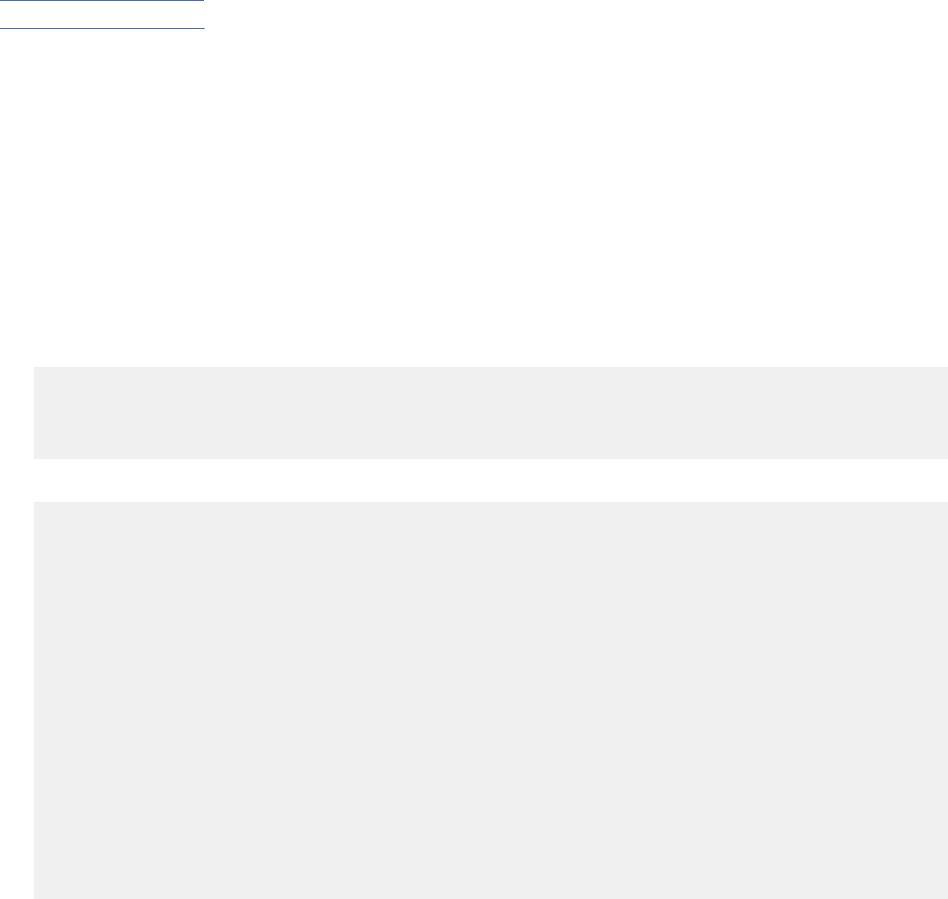
Related reference
from-clause (Db2 SQL)
joined-table (Db2 SQL)
Joining more than two tables
Joins are not limited to two tables. You can join more than two tables in a single SQL statement.
Procedure
Specify join conditions that include columns from all of the relevant tables.
Example
Example: Joining three tables
Suppose that you want a result table that shows employees who have projects that they are
responsible for, their projects, and their department names. You need to join three tables to get
all the information. You can use the following SELECT statement:
SELECT EMPNO, LASTNAME, DEPTNAME, PROJNO
FROM DSN8C10.EMP, DSN8C10.PROJ, DSN8C10.DEPT
WHERE EMPNO = RESPEMP
AND WORKDEPT = DSN8C10.DEPT.DEPTNO;
The result table looks similar to the following output:
EMPNO LASTNAME DEPTNAME PROJNO
====== ========= =========================== ======
000010 HAAS SPIFFY COMPUTER SERVICE DIV AD3100
000010 HAAS SPIFFY COMPUTER SERVICE DIV MA2100
000020 THOMPSON PLANNING PL2100
000030 KWAN INFORMATION CENTER IF1000
000030 KWAN INFORMATION CENTER IF2000
000050 GEYER SUPPORT SERVICES OP1000
000050 GEYER SUPPORT SERVICES OP2000
000060 STERN MANUFACTURING SYSTEMS MA2110
000070 PULASKI ADMINISTRATION SYSTEMS AD3110
000090 HENDERSON OPERATIONS OP1010
000100 SPENSER SOFTWARE SUPPORT OP2010
000150 ADAMSON MANUFACTURING SYSTEMS MA2112
000160 PIANKA MANUFACTURING SYSTEMS MA2113
000220 LUTZ MANUFACTURING SYSTEMS MA2111
000230 JEFFERSON ADMINISTRATION SYSTEMS AD3111
000250 SMITH ADMINISTRATION SYSTEMS AD3112
000270 PEREZ ADMINISTRATION SYSTEMS AD3113
000320 MEHTA SOFTWARE SUPPORT OP2011
000330 LEE SOFTWARE SUPPORT OP2012
000340 GOUNOT SOFTWARE SUPPORT OP2013
Db2 determines the intermediate and nal results of the previous query by performing the following
logical steps:
1. Join the employee and project tables on the employee number, dropping the rows with no
matching employee number in the project table.
2. Join the intermediate result table with the department table on matching department numbers.
3. Process the select list in the nal result table, leaving only four columns.
Example: Joining more than two tables by using more than one join type
When joining more than two tables, you do not have to use the same join type for every join.
To join tables by using more than one join type, specify the join types in the FROM clause.
Suppose that you want a result table that shows the following items:
• Employees whose last name begins with 'S' or a letter that comes after 'S' in the alphabet
• The department names for the these employees
• Any projects that these employees are responsible for
376
Db2 12 for z/OS: Application Programming and SQL Guide (Last updated: 2024-07-30)
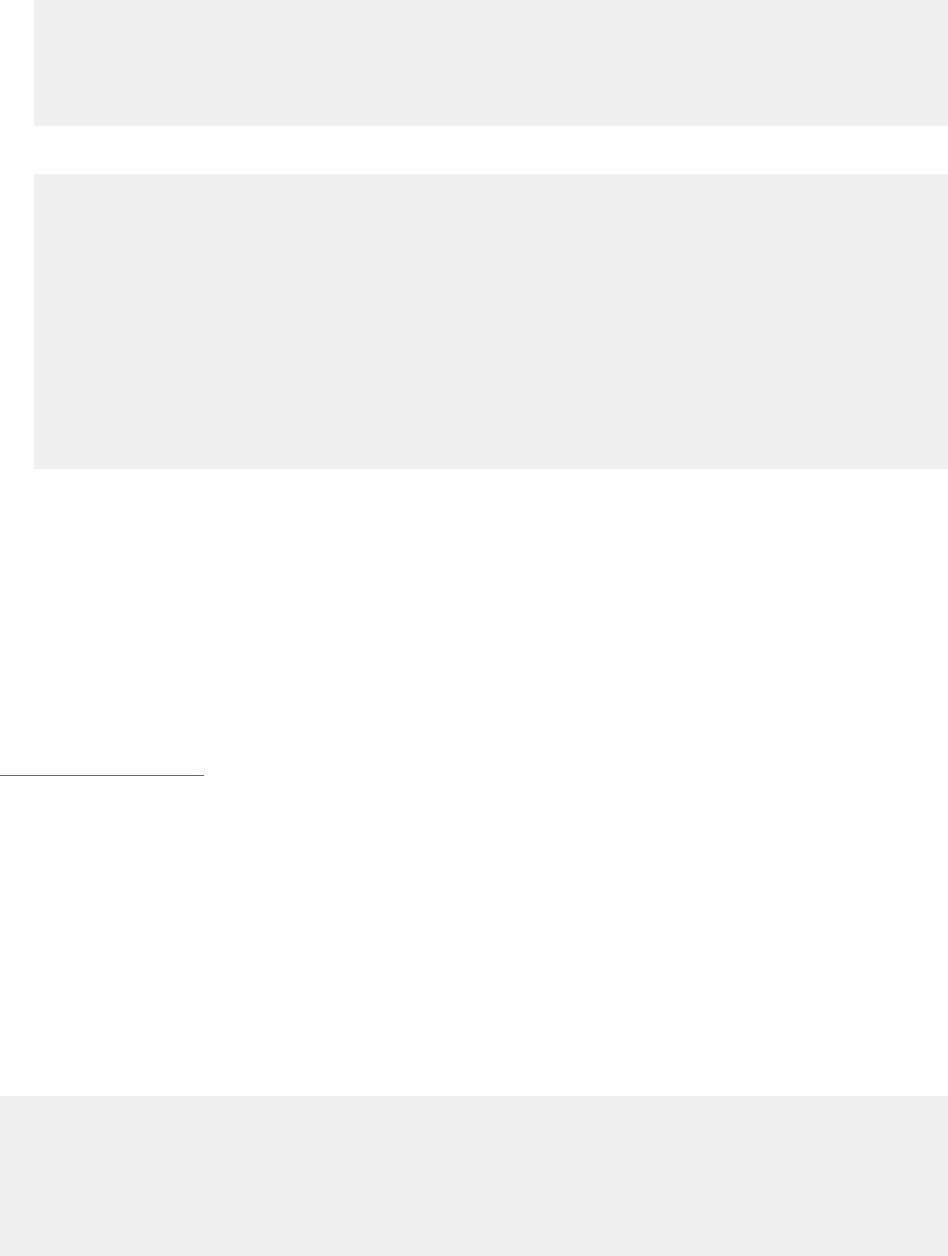
You can use the following SELECT statement:
SELECT EMPNO, LASTNAME, DEPTNAME, PROJNO
FROM DSN8C10.EMP INNER JOIN DSN8C10.DEPT
ON WORKDEPT = DSN8C10.DEPT.DEPTNO
LEFT OUTER JOIN DSN8C10.PROJ
ON EMPNO = RESPEMP
WHERE LASTNAME > 'S';
The result table looks like similar to the following output:
EMPNO LASTNAME DEPTNAME PROJNO
====== ========= ====================== ======
000020 THOMPSON PLANNING PL2100
000060 STERN MANUFACTURING SYSTEMS MA2110
000100 SPENSER SOFTWARE SUPPORT OP2010
000170 YOSHIMURA MANUFACTURING SYSTEMS ------
000180 SCOUTTEN MANUFACTURING SYSTEMS ------
000190 WALKER MANUFACTURING SYSTEMS ------
000250 SMITH ADMINISTRATION SYSTEMS AD3112
000280 SCHNEIDER OPERATIONS ------
000300 SMITH OPERATIONS ------
000310 SETRIGHT OPERATIONS ------
200170 YAMAMOTO MANUFACTURING SYSTEMS ------
200280 SCHWARTZ OPERATIONS ------
200310 SPRINGER OPERATIONS ------
200330 WONG SOFTWARE SUPPORT ------
Db2
determines the intermediate and nal results of the previous query by performing the following logical
steps:
1. Join the employee and department tables on matching department numbers, dropping the rows
where the last name begins with a letter before 'S in the alphabet'.
2. Join the intermediate result table with the project table on the employee number, keeping the rows
for which no matching employee number exists in the project table.
3. Process the select list in the nal result table, leaving only four columns.
Related reference
from-clause (Db2 SQL)
Inner joins
An inner join is a method of combining two tables that discards rows of either table that do not match any
row of the other table. The matching is based on the join condition.
To request an inner join, execute a SELECT statement in which you specify the tables that you want to join
in the FROM clause, and specify a WHERE clause or an ON clause to indicate the join condition. The join
condition can be any simple or compound search condition that does not contain a subquery reference.
In the simplest type of inner join, the join condition is column1=column2.
Inner join example
For this example, assume that the PARTS and PRODUCTS tables contain the following rows:
PARTS table PRODUCTS table
PART PROD# SUPPLIER PROD# PRODUCT PRICE
======= ===== ============ ===== =========== =====
WIRE 10 ACWF 505 SCREWDRIVER 3.70
OIL 160 WESTERN_CHEM 30 RELAY 7.55
MAGNETS 10 BATEMAN 205 SAW 18.90
PLASTIC 30 PLASTIK_CORP 10 GENERATOR 45.75
BLADES 205 ACE_STEEL
Chapter 3. Db2 SQL programming
377
To join the PARTS and PRODUCTS tables on the PROD# column to get a table of parts with their suppliers
and the products that use the parts, you can use either one of the following SELECT statements:
SELECT PART, SUPPLIER, PARTS.PROD#, PRODUCT
FROM PARTS, PRODUCTS
WHERE PARTS.PROD# = PRODUCTS.PROD#;
SELECT PART, SUPPLIER, PARTS.PROD#, PRODUCT
FROM PARTS INNER JOIN PRODUCTS
ON PARTS.PROD# = PRODUCTS.PROD#;
The result table looks like the following output:
PART SUPPLIER PROD# PRODUCT
======= ============ ===== =========
WIRE ACWF 10 GENERATOR
MAGNETS BATEMAN 10 GENERATOR
PLASTIC PLASTIK_CORP 30 RELAY
BLADES ACE_STEEL 205 SAW
Three things about this example:
• A part in the parts table (OIL) has product (#160), which is not in the products table. A product
(SCREWDRIVER, #505) has no parts listed in the parts table. Neither OIL nor SCREWDRIVER appears in
the result of the join.
In contrast, an outer join includes rows in which the values in the joined columns do not match.
• You can explicitly specify that this join is an inner join (not an outer join). Use INNER JOIN in the FROM
clause instead of the comma, and use ON to specify the join condition (rather than WHERE) when you
explicitly join tables in the FROM clause.
• If you do not specify a WHERE clause in the rst form of the query, the result table contains all possible
combinations of rows for the tables that are identied in the FROM clause. You can obtain the same
result by specifying a join condition that is always true in the second form of the query, as in the
following statement:
SELECT PART, SUPPLIER, PARTS.PROD#, PRODUCT
FROM PARTS INNER JOIN PRODUCTS
ON 1=1;
Regardless of whether you omit the WHERE clause or specify a join condition that is always true, the
number of rows in the result table is the product of the number of rows in each table.
You can specify more complicated join conditions to obtain different sets of results. For example, to
eliminate the suppliers that begin with the letter A from the table of parts, suppliers, product numbers,
and products, write a query like the following query:
SELECT PART, SUPPLIER, PARTS.PROD#, PRODUCT
FROM PARTS INNER JOIN PRODUCTS
ON PARTS.PROD# = PRODUCTS.PROD#
AND SUPPLIER NOT LIKE 'A%';
The result of the query is all rows that do not have a supplier that begins with A. The result table looks like
the following output:
PART SUPPLIER PROD# PRODUCT
======= ============ ===== ==========
MAGNETS BATEMAN 10 GENERATOR
PLASTIC PLASTIK_CORP 30 RELAY
Example of joining a table to itself by using an inner join
Joining a table to itself is useful to show relationships between rows. The following example returns a list
of major projects from the PROJ table and the projects that are part of those major projects.
378
Db2 12 for z/OS: Application Programming and SQL Guide (Last updated: 2024-07-30)
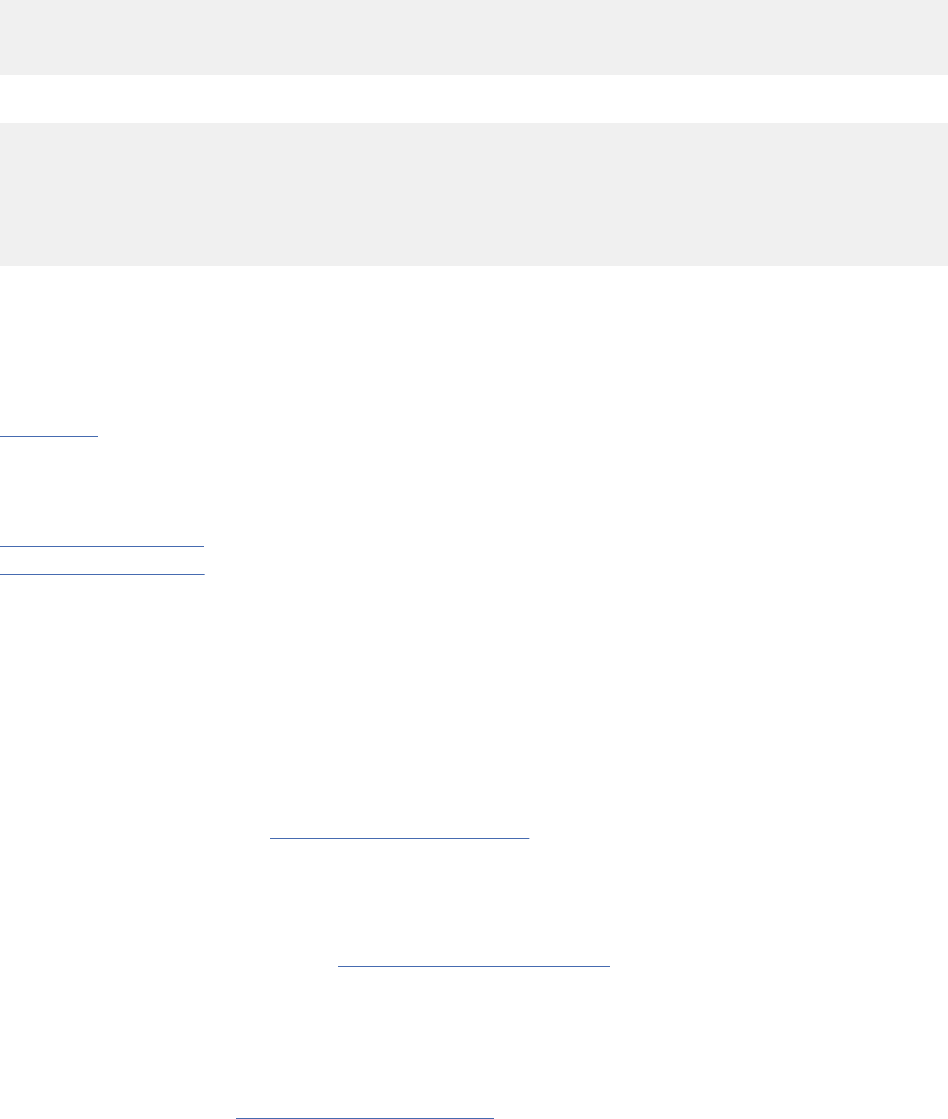
In this example, A indicates the rst instance of table DSN8C10.PROJ, and B indicates the second
instance of this table. The join condition is such that the value in column PROJNO in table DSN8C10.PROJ
A must be equal to a value in column MAJPROJ in table DSN8C10.PROJ B.
The following SQL statement joins table DSN8C10.PROJ to itself and returns the number and name of
each major project followed by the number and name of the project that is part of it:
SELECT A.PROJNO, A.PROJNAME, B.PROJNO, B.PROJNAME
FROM DSN8C10.PROJ A, DSN8C10.PROJ B
WHERE A.PROJNO = B.MAJPROJ;
The result table looks similar to the following output:
PROJNO PROJNAME PROJNO PROJNAME
====== ======================== ======= ========================
AD3100 ADMIN SERVICES AD3110 GENERAL AD SYSTEMS
AD3110 GENERAL AD SYSTEMS AD3111 PAYROLL PROGRAMMING
AD3110 GENERAL AD SYSTEMS AD3112 PERSONNEL PROGRAMMG
⋮
OP2010 SYSTEMS SUPPORT OP2013 DB/DC SUPPORT
In this example, the comma in the FROM clause implicitly species an inner join, and it acts the same as
if the INNER JOIN keywords had been used. When you use the comma for an inner join, you must specify
the join condition on the WHERE clause. When you use the INNER JOIN keywords, you must specify the
join condition on the ON clause.
Related concepts
Outer joins
An outer join is a method of combining two or more tables so that the result includes unmatched rows of
one of the tables, or of both tables. The matching is based on the join condition.
Related reference
from-clause (Db2 SQL)
joined-table (Db2 SQL)
Outer joins
An outer join is a method of combining two or more tables so that the result includes unmatched rows of
one of the tables, or of both tables. The matching is based on the join condition.
Db2 supports three types of outer joins:
Left outer join
A left outer join result includes the rows from the left table that were missing from the inner join. The
result of T1 LEFT OUTER JOIN T2 consists of their paired rows and, for each unpaired row of T1,
the concatenation of that row with the null row of T2. All columns derived from T2 allow null values.
For more information, see “Left outer join” on page 381.
Right outer join
A right outer join result includes the rows from the right table that were missing from the inner join.
The result of T1 RIGHT OUTER JOIN T2 consists of their paired rows and, for each unpaired row
of T2, the concatenation of that row with the null row of T1. All columns derived from T1 allow null
values. For more information, see “Right outer join” on page 382.
Full outer join
A full outer join result includes the rows from both tables that were missing from the inner join.
The result of T1 FULL OUTER JOIN T2 consists of their paired rows and, for each unpaired row
of T1, the concatenation of that row with the null row of T2, and for each unpaired row of T2, the
concatenation of that row with the null row in T1. All columns of the result table allow null values. For
more information, see “Full outer join” on page 383.
Outer join examples
The following examples use two tables: the parts table (PARTS) and the products table (PRODUCTS),
which consist of hardware supplies.
Chapter 3. Db2 SQL programming
379
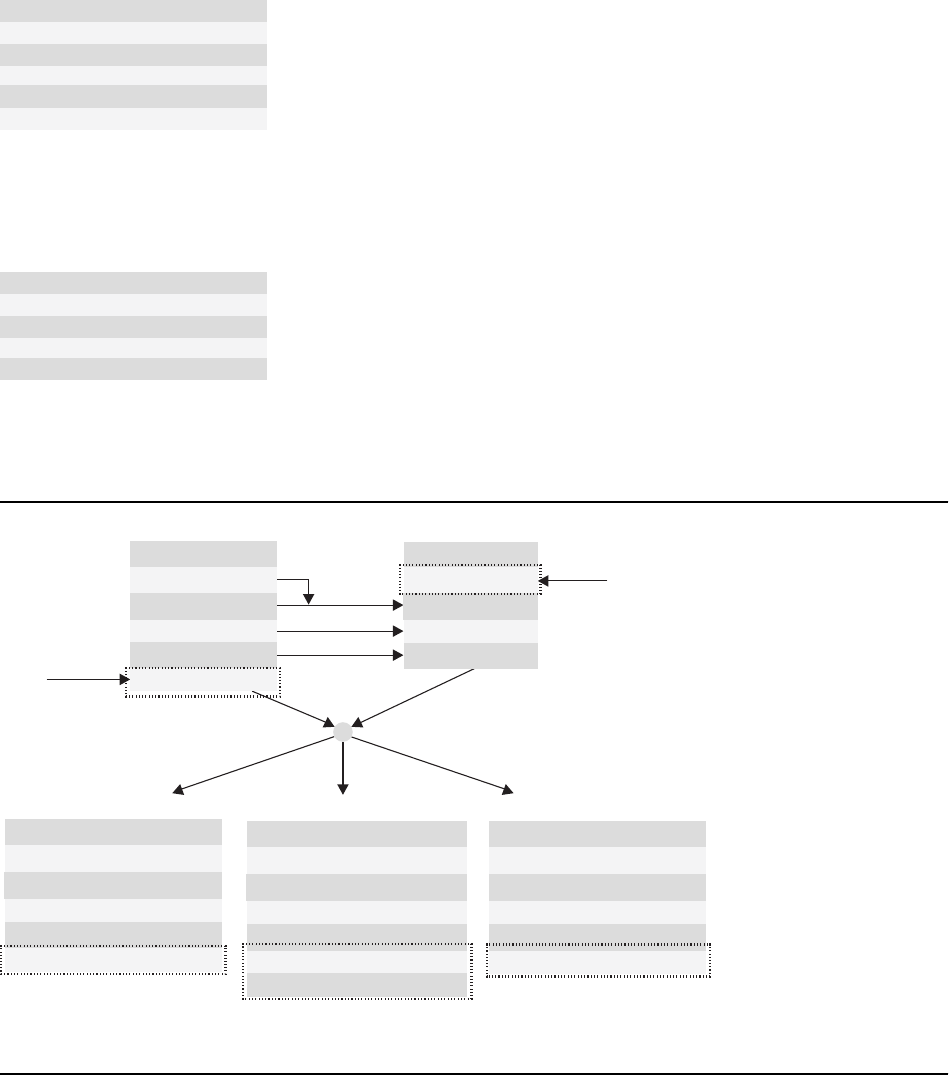
The following gure shows that each row in the PARTS table contains data for a single part: the part name,
the part number, and the supplier of the part.
PARTS
PART PROD#
SUPPLIER
WIRE
10
ACWF
OIL
160
WESTERN_CHEM
MAGNETS
10
BATEMAN
PLASTIC
30
PLASTK_CORP
BLADES 205 ACE_STEEL
Figure 18. Example PARTS table
The following gure shows that each row in the PRODUCTS table contains data for a single product: the
product number, name, and price.
PRODUCTS
PROD# PRODUCT
PRICE
505
SCREWDRIVER
3.70
30
RELAY
7.55
205
SAW
18.90
10
GENERATOR
45.75
Figure 19. Example PRODUCTS table
The following gure shows the ways to combine the PARTS and PRODUCTS tables by using outer join
functions. The illustration is based on a subset of columns in each table.
PARTS PRODUCTS
PART PROD#
WIRE 10
MAGNETS 10
BLADES 205
PLASTIC 30
OIL
160
PROD# PRICE
505 3.70
10 45.75
205 18.90
30 7.55
PART PROD#
WIRE 10
MAGNETS 10
BLADES 205
PLASTIC 30
PRICE
45.75
45.75
18.90
7.55
OIL 100
-----
PART PROD#
WIRE 10
MAGNETS 10
BLADES 205
PLASTIC 30
PRICE
45.75
45.75
18.90
7.55
OIL 100
-----
----- 505
3.70
PART PROD#
WIRE 10
MAGNETS 10
BLADES 205
PLASTIC 30
PRICE
45.75
45.75
18.90
7.55
------ 505
3.70
Unmatched
row
Matches
Unmatched
row
Left outer join Full outer join Right outer join
Figure 20. Outer joins of two tables
An inner join consists of rows that are formed from the PARTS and PRODUCTS tables, based on matching
the equality of column values between the PROD# column in the PARTS table and the PROD# column in
the PRODUCTS table. The inner join does not contain any rows that are formed from unmatched columns
when the PROD# columns are not equal.
You can specify joins in the FROM clause of a query. Data from the rows that satisfy the search conditions
are joined from all the tables to form the result table.
380
Db2 12 for z/OS: Application Programming and SQL Guide (Last updated: 2024-07-30)
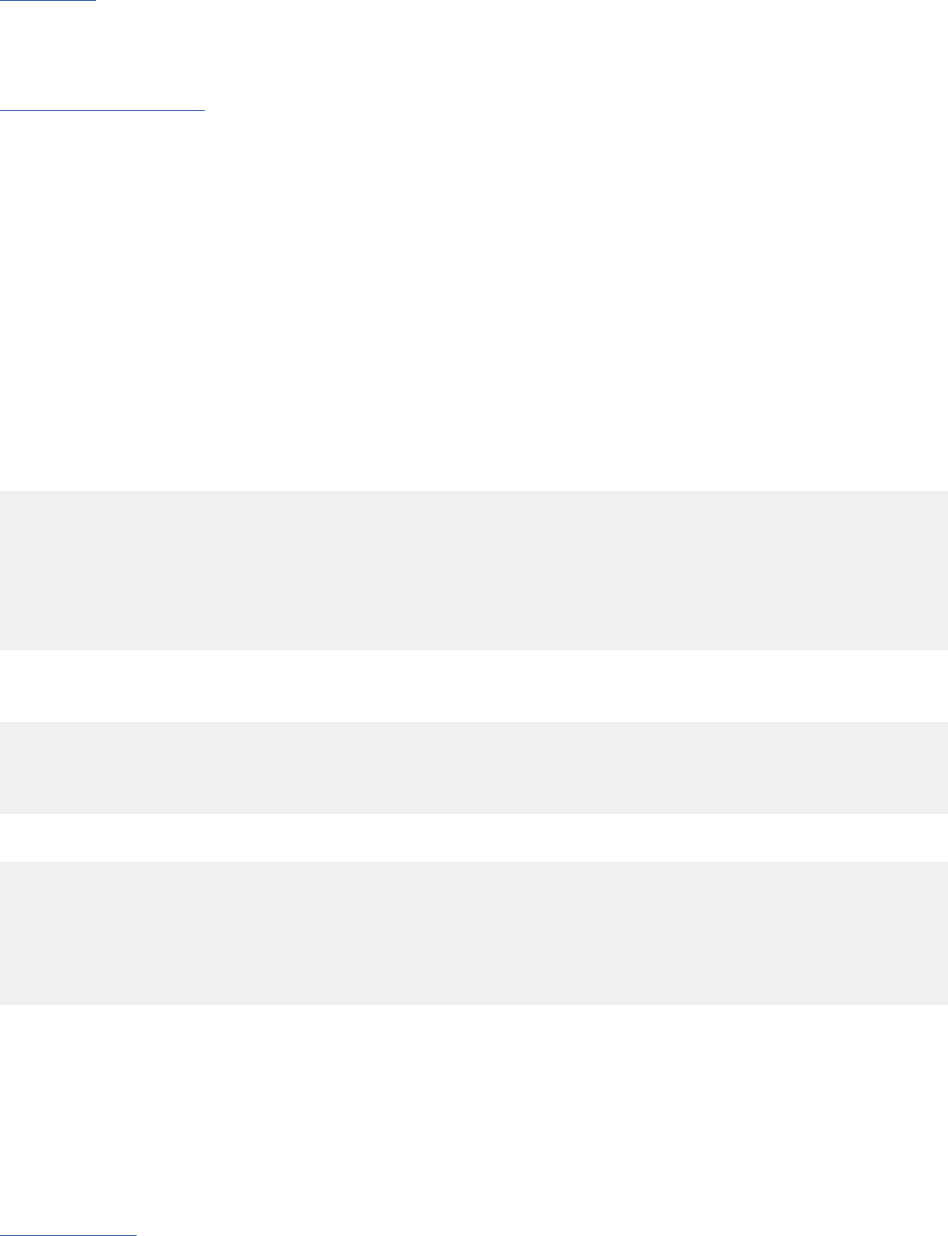
The result columns of a join have names if the outermost SELECT list refers to base columns. However, if
you use a function (such as COALESCE) to build a column of the result, that column does not have a name
unless you use the AS clause in the SELECT list.
Related concepts
Inner joins
An inner join is a method of combining two tables that discards rows of either table that do not match any
row of the other table. The matching is based on the join condition.
Related reference
joined-table (Db2 SQL)
Left outer join
A left outer join is a method of combining tables. The result includes unmatched rows from only the table
that is specied before the LEFT OUTER JOIN clause.
If you are joining two tables and want the result set to include unmatched rows from only one table, use a
LEFT OUTER JOIN clause or a RIGHT OUTER JOIN clause. The matching is based on the join condition.
The clause LEFT OUTER JOIN includes rows from the table that is specied before LEFT OUTER JOIN that
have no matching values in the table that is specied after LEFT OUTER JOIN.
As in an inner join, the join condition can be any simple or compound search condition that does not
contain a subquery reference.
Left outer join example
For this example, assume that the PARTS and PRODUCTS tables contain the following rows:
PARTS table PRODUCTS table
PART PROD# SUPPLIER PROD# PRODUCT PRICE
======= ===== ============ ===== =========== =====
WIRE 10 ACWF 505 SCREWDRIVER 3.70
OIL 160 WESTERN_CHEM 30 RELAY 7.55
MAGNETS 10 BATEMAN 205 SAW 18.90
PLASTIC 30 PLASTIK_CORP 10 GENERATOR 45.75
BLADES 205 ACE_STEEL
To include rows from the PARTS table that have no matching values in the PRODUCTS table, and to
include prices that exceed 10.00, run the following query:
SELECT PART, SUPPLIER, PARTS.PROD#, PRODUCT, PRICE
FROM PARTS LEFT OUTER JOIN PRODUCTS
ON PARTS.PROD#=PRODUCTS.PROD#
AND PRODUCTS.PRICE>10.00;
The result table looks similar to the following output:
PART SUPPLIER PROD# PRODUCT PRICE
======= ============ ===== ========== =====
WIRE ACWF 10 GENERATOR 45.75
MAGNETS BATEMAN 10 GENERATOR 45.75
PLASTIC PLASTIK_CORP 30 ----------- -------
BLADES ACE_STEEL 205 SAW 18.90
OIL WESTERN_CHEM 160 ----------- -------
A row from the PRODUCTS table is in the result table only if its product number matches the product
number of a row in the PARTS table and the price is greater than 10.00 for that row. Rows in which the
PRICE value does not exceed 10.00 are included in the result of the join, but the PRICE value is set to null.
In this result table, the row for PROD# 30 has null values on the right two columns because the price of
PROD# 30 is less than 10.00. PROD# 160 has null values on the right two columns because PROD# 160
does not match another product number.
Related concepts
Right outer join
Chapter 3. Db2 SQL programming
381

A right outer join is a method of combining tables. The result includes unmatched rows from only the table
that is specied after the RIGHT OUTER JOIN clause.
Full outer join
An full outer join is a method of combining tables so that the result includes unmatched rows of both
tables.
Related reference
joined-table (Db2 SQL)
Right outer join
A right outer join is a method of combining tables. The result includes unmatched rows from only the table
that is specied after the RIGHT OUTER JOIN clause.
If you are joining two tables and want the result set to include unmatched rows from only one table, use a
LEFT OUTER JOIN clause or a RIGHT OUTER JOIN clause. The matching is based on the join condition.
The clause RIGHT OUTER JOIN includes rows from the table that is specied after RIGHT OUTER JOIN
that have no matching values in the table that is specied before RIGHT OUTER JOIN.
As in an inner join, the join condition can be any simple or compound search condition that does not
contain a subquery reference.
Right outer join example
For this example, assume that the PARTS and PRODUCTS tables contain the following rows:
PARTS table PRODUCTS table
PART PROD# SUPPLIER PROD# PRODUCT PRICE
======= ===== ============ ===== =========== =====
WIRE 10 ACWF 505 SCREWDRIVER 3.70
OIL 160 WESTERN_CHEM 30 RELAY 7.55
MAGNETS 10 BATEMAN 205 SAW 18.90
PLASTIC 30 PLASTIK_CORP 10 GENERATOR 45.75
BLADES 205 ACE_STEEL
To include rows from the PRODUCTS table that have no corresponding rows in the PARTS table, execute
this query:
SELECT PART, SUPPLIER, PRODUCTS.PROD#, PRODUCT, PRICE
FROM PARTS RIGHT OUTER JOIN PRODUCTS
ON PARTS.PROD# = PRODUCTS.PROD#
AND PRODUCTS.PRICE>10.00;
The result table looks similar to the following output:
PART SUPPLIER PROD# PRODUCT PRICE
======= ============ ===== ========== =====
WIRE ACWF 10 GENERATOR 45.75
MAGNETS BATEMAN 10 GENERATOR 45.75
BLADES ACE_STEEL 205 SAW 18.90
---------- ------------ 30 RELAY 7.55
---------- ------------ 505 SCREWDRIVER 3.70
A row from the PARTS table is in the result table only if its product number matches the product number
of a row in the PRODUCTS table and the price is greater than 10.00 for that row.
Because the PRODUCTS table can have rows with nonmatching product numbers in the result table, and
the PRICE column is in the PRODUCTS table, rows in which PRICE is less than or equal to 10.00 are
included in the result. The PARTS columns contain null values for these rows in the result table.
Related concepts
Outer joins
An outer join is a method of combining two or more tables so that the result includes unmatched rows of
one of the tables, or of both tables. The matching is based on the join condition.
Left outer join
382
Db2 12 for z/OS: Application Programming and SQL Guide (Last updated: 2024-07-30)
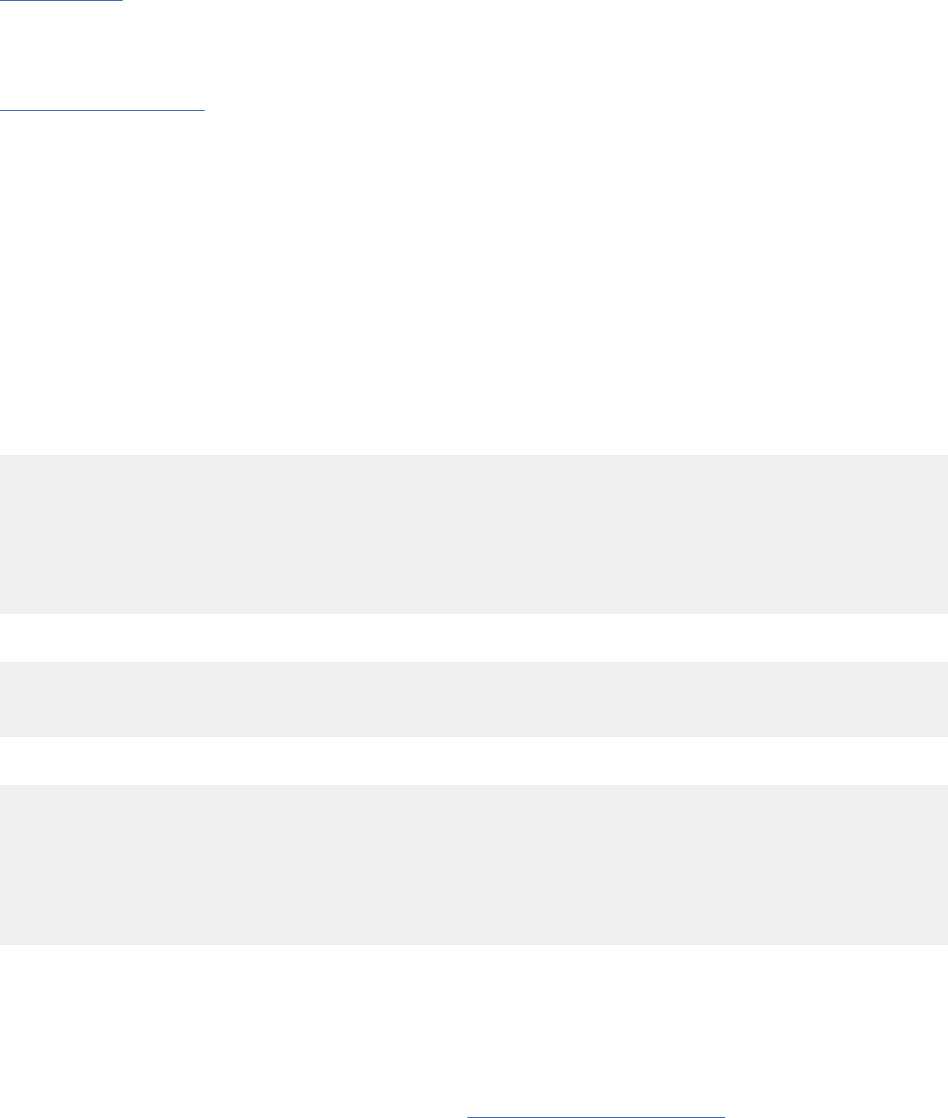
A left outer join is a method of combining tables. The result includes unmatched rows from only the table
that is specied before the LEFT OUTER JOIN clause.
Full outer join
An full outer join is a method of combining tables so that the result includes unmatched rows of both
tables.
Related reference
joined-table (Db2 SQL)
Full outer join
An full outer join is a method of combining tables so that the result includes unmatched rows of both
tables.
If you are joining two tables and want the result set to include unmatched rows from both tables, use a
FULL OUTER JOIN clause. The matching is based on the join condition. If any column of the result table
does not have a value, that column has the null value in the result table.
The join condition for a full outer join must be a simple search condition that compares two columns or an
invocation of a cast function that has a column name as its argument.
Full outer join examples
For this example, assume that the PARTS and PRODUCTS tables contain the following rows:
PARTS table PRODUCTS table
PART PROD# SUPPLIER PROD# PRODUCT PRICE
======= ===== ============ ===== =========== =====
WIRE 10 ACWF 505 SCREWDRIVER 3.70
OIL 160 WESTERN_CHEM 30 RELAY 7.55
MAGNETS 10 BATEMAN 205 SAW 18.90
PLASTIC 30 PLASTIK_CORP 10 GENERATOR 45.75
BLADES 205 ACE_STEEL
The following query performs a full outer join of the PARTS and PRODUCTS tables:
SELECT PART, SUPPLIER, PARTS.PROD#, PRODUCT
FROM PARTS FULL OUTER JOIN PRODUCTS
ON PARTS.PROD# = PRODUCTS.PROD#;
The result table from the query looks similar to the following output:
PART SUPPLIER PROD# PRODUCT
======= ============ ===== ==========
WIRE ACWF 10 GENERATOR
MAGNETS BATEMAN 10 GENERATOR
PLASTIC PLASTIK_CORP 30 RELAY
BLADES ACE_STEEL 205 SAW
OIL WESTERN_CHEM 160 -----------
------- ------------ --- SCREWDRIVER
Full outer join using COALESCE or VALUE example
COALESCE is the keyword that is specied by the SQL standard as a synonym for the VALUE function. This
function, by either name, can be particularly useful in full outer join operations because it returns the rst
non-null value from the pair of join columns.
The product number in the result of the example for “Full outer join” on page 383 is null for
SCREWDRIVER, even though the PRODUCTS table contains a product number for SCREWDRIVER. If
you select PRODUCTS.PROD# instead, PROD# is null for OIL. If you select both PRODUCTS.PROD# and
PARTS.PROD#, the result contains two columns, both of which contain some null values. You can merge
data from both columns into a single column, eliminating the null values, by using the COALESCE function.
With the same PARTS and PRODUCTS tables, the following example merges the non-null data from the
PROD# columns:
Chapter 3. Db2 SQL programming
383
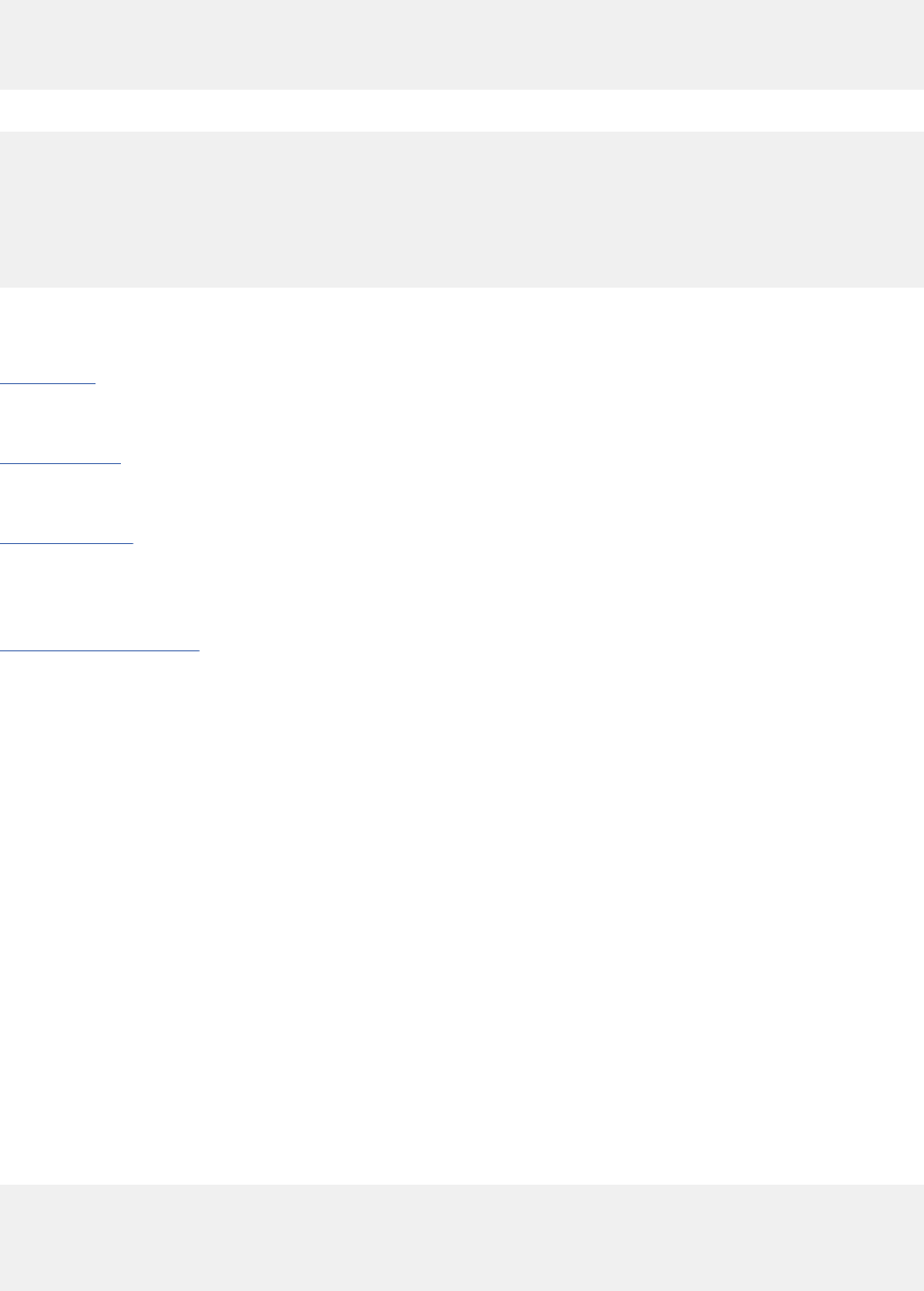
SELECT PART, SUPPLIER,
COALESCE(PARTS.PROD#, PRODUCTS.PROD#) AS PRODNUM, PRODUCT
FROM PARTS FULL OUTER JOIN PRODUCTS
ON PARTS.PROD# = PRODUCTS.PROD#;
The result table looks similar to the following output:
PART SUPPLIER PRODNUM PRODUCT
======= ============ ======= ===========
WIRE ACWF 10 GENERATOR
MAGNETS BATEMAN 10 GENERATOR
PLASTIC PLASTIK_CORP 30 RELAY
BLADES ACE_STEEL 205 SAW
OIL WESTERN_CHEM 160 -----------
------- ------------ 505 SCREWDRIVER
The AS clause (AS PRODNUM) provides a name for the result of the COALESCE function.
Related concepts
Outer joins
An outer join is a method of combining two or more tables so that the result includes unmatched rows of
one of the tables, or of both tables. The matching is based on the join condition.
Left outer join
A left outer join is a method of combining tables. The result includes unmatched rows from only the table
that is specied before the LEFT OUTER JOIN clause.
Right outer join
A right outer join is a method of combining tables. The result includes unmatched rows from only the table
that is specied after the RIGHT OUTER JOIN clause.
Related reference
joined-table (Db2 SQL)
SQL rules for statements that contain join operations
Typically, Db2 performs a join operation rst, before it evaluates the other clauses of the SELECT
statement.
SQL rules dictate that the result of a SELECT statement look as if the clauses had been evaluated in this
order:
• FROM
• WHERE
• GROUP BY
• HAVING
• SELECT
A join operation is part of a FROM clause; therefore, for the purpose of predicting which rows will be
returned from a SELECT statement that contains a join operation, assume that the join operation is
performed rst.
Example: Suppose that you want to obtain a list of part names, supplier names, product numbers, and
product names from the PARTS and PRODUCTS tables. You want to include rows from either table where
the PROD# value does not match a PROD# value in the other table, which means that you need to do
a full outer join. You also want to exclude rows for product number 10. Consider the following SELECT
statement:
SELECT PART, SUPPLIER,
VALUE(PARTS.PROD#,PRODUCTS.PROD#) AS PRODNUM, PRODUCT
FROM PARTS FULL OUTER JOIN PRODUCTS
ON PARTS.PROD# = PRODUCTS.PROD#
WHERE PARTS.PROD# <> '10' AND PRODUCTS.PROD# <> '10';
384
Db2 12 for z/OS: Application Programming and SQL Guide (Last updated: 2024-07-30)

The following result is not what you wanted:
PART SUPPLIER PRODNUM PRODUCT
======= ============ ======= ===========
PLASTIC PLASTIK_CORP 30 RELAY
BLADES ACE_STEEL 205 SAW
Db2 performs the join operation rst. The result of the join operation includes rows from one table that
do not have corresponding rows from the other table. However, the WHERE clause then excludes the rows
from both tables that have null values for the PROD# column.
The following statement is a correct SELECT statement to produce the list:
SELECT PART, SUPPLIER,
VALUE(X.PROD#, Y.PROD#) AS PRODNUM, PRODUCT
FROM
(SELECT PART, SUPPLIER, PROD# FROM PARTS WHERE PROD# <> '10') X
FULL OUTER JOIN
(SELECT PROD#, PRODUCT FROM PRODUCTS WHERE PROD# <> '10') Y
ON X.PROD# = Y.PROD#;
For this statement, Db2 applies the WHERE clause to each table separately. Db2 then performs the full
outer join operation, which includes rows in one table that do not have a corresponding row in the other
table. The nal result includes rows with the null value for the PROD# column and looks similar to the
following output:
PART SUPPLIER PRODNUM PRODUCT
======= ============ ======= ===========
OIL WESTERN_CHEM 160 -----------
BLADES ACE_STEEL 205 SAW
PLASTIC PLASTIK_CORP 30 RELAY
------- ------------ 505 SCREWDRIVER
Optimizing retrieval for a small set of rows
When you need only a few of the thousands of rows that satisfy a query, you can tell Db2 to optimize its
retrieval process to return only a specied number of rows.
About this task
Question: How can I tell Db2 that I want only a few of the thousands of rows that satisfy a query?
Answer: Use the optimize clause or the fetch clause of the SELECT statement.
Db2 usually optimizes queries to retrieve all rows that qualify. But sometimes you want to retrieve a
few rows. For example, to retrieve the rst row that is greater than or equal to a known value, code you
SELECT statement like the following:
SELECT column list FROM table
WHERE key >= value
ORDER BY key ASC
Even with the ORDER BY clause, Db2 might fetch all the data rst and sort it after the fetch, which could
impact performance. Instead, you can write the query in one of the following ways:
SELECT * FROM table
WHERE key >= value
ORDER BY key ASC
OPTIMIZE FOR 1 ROW
SELECT * FROM table
WHERE key >= value
ORDER BY key ASC
FETCH FIRST n ROWS ONLY
Use OPTIMIZE FOR 1 ROW clause to influence the access path. OPTIMIZE FOR 1 ROW tells Db2 to select
an access path that returns the rst qualifying row quickly.
Chapter 3. Db2 SQL programming
385

Use FETCH FIRST n ROWS ONLY clause to limit the number of rows in the result table to n rows. FETCH
FIRST n ROWS ONLY has the following benets:
• When you use FETCH statements to retrieve data from a result table, the fetch clause causes Db2
to retrieve only the number of rows that you need. This can have performance benets, especially in
distributed applications. If you try to execute a FETCH statement to retrieve the n+1st row, Db2 returns
a +100 SQLCODE.
• When you use fetch clause in a SELECT INTO statement, you never retrieve more than one row. Using
fetch clause in a SELECT INTO statement can prevent SQL errors that are caused by inadvertently
selecting more than one value into a host variable.
When you specify the fetch clause but not the optimize clause, the optimize clause is implicit. When you
specify FETCH FIRST n ROWS ONLY and OPTIMIZE FOR m ROWS, and m is less than n, Db2 optimizes the
query for m rows. If m is greater than n, Db2 optimizes the query for n rows.
Related tasks
Fetching a limited number of rows (Db2 Performance)
Related reference
optimize-clause (Db2 SQL)
fetch-clause (Db2 SQL)
Creating recursive SQL by using common table expressions
Queries that use recursion are useful in applications like bill-of-materials applications, network planning
applications, and reservation systems.
About this task
You can use common table expressions to create recursive SQL If a fullselect of a common table
expression contains a reference to itself in a FROM clause, the common table expression is a recursive
common table expression.
Recursive common table expressions must follow these rules:
• The rst fullselect of the rst union (the initialization fullselect) must not include a reference to the
common table expression.
• Each fullselect that is part of the recursion cycle must:
– Start with SELECT or SELECT ALL. SELECT DISTINCT is not allowed.
– Include only one reference to the common table expression that is part of the recursion cycle in its
FROM clause.
– Not include aggregate functions, a GROUP BY clause, or a HAVING clause.
• The column names must be specied after the table name of the common table expression.
• The data type, length, and CCSID of each column from the common table expression must match the
data type, length, and CCSID of each corresponding column in the iterative fullselect.
• If you use the UNION keyword, specify UNION ALL instead of UNION.
• You cannot specify INTERSECT or EXCEPT.
• Outer joins must not be part of any recursion cycle.
• A subquery must not be part of any recursion cycle.
Important: You should be careful to avoid an innite loop when you use a recursive common table
expression. Db2 issues a warning if one of the following items is not found in the iterative fullselect of a
recursive common table expression:
• An integer column that increments by a constant
• A predicate in the WHERE clause in the form of counter_column < constant or counter_column
< :host variable
386
Db2 12 for z/OS: Application Programming and SQL Guide (Last updated: 2024-07-30)

See “Examples of recursive common table expressions” on page 145 for examples of bill-of-materials
applications that use recursive common table expressions.
Updating data as it is retrieved from the database
As you retrieve rows, you can update them at the same time.
About this task
Question: How can I update rows of data as I retrieve them?
Answer: On the SELECT statement, use the FOR UPDATE clause without a column list, or the FOR UPDATE
OF clause with a column list. For a more efcient program, specify a column list with only those columns
that you intend to update. Then use the positioned UPDATE statement. The clause WHERE CURRENT OF
identies the cursor that points to the row you want to update.
Avoiding decimal arithmetic errors
When you request that Db2 perform a decimal operation, errors might occur if Db2 does not use the
appropriate precision and scale.
About this task
For static SQL statements, the simplest way to avoid a division error is to override DEC31 rules by
specifying the precompiler option DEC(15). In some cases you can avoid a division error by specifying
D31.s, where s is a number in the range 1–9 and represents the minimum scale to be used for division
operations. This specication reduces the probability of errors for statements that are embedded in the
program.
If the dynamic SQL statements have bind, dene, or invoke behavior and the value of the installation
option for USE FOR DYNAMICRULES on panel DSNTIP4 is NO, you can use the precompiler option
DEC(15), DEC15, or D15.s to override DEC31 rules, where s is a number in the range 1–9.
For a dynamic statement, or for a single static statement, use the scalar function DECIMAL to specify
values of the precision and scale for a result that causes no errors.
Before you execute a dynamic statement, set the value of special register CURRENT PRECISION to DEC15
or D15.s, where s is a number between 1 and 9.
Even if you use DEC31 rules, multiplication operations can sometimes cause overflow because the
precision of the product is greater than 31. To avoid overflow from multiplication of large numbers, use
the MULTIPLY_ALT built-in function instead of the multiplication operator.
Precision for operations with decimal numbers
Db2 accepts two sets of rules for determining the precision and scale of the result of an operation with
decimal numbers.
• DEC15 rules allow a maximum precision of 15 digits in the result of an operation. DEC15 rules are in
effect when both operands have a precision of 15 or less, or unless the DEC31 rules apply.
• DEC31 rules allow a maximum precision of 31 digits in the result. DEC31 rules are in effect if any of the
following conditions is true:
– Either operand of the operation has a precision greater than 15 digits.
– The operation is in a dynamic SQL statement, and any of the following conditions is true:
- The current value of special register CURRENT PRECISION is DEC31 or D31.s, where s is a number
in the range 1–9 and represents the minimum scale to be used for division operations.
- The installation option for DECIMAL ARITHMETIC on panel DSNTIP4 is DEC31, 31, or D31.s, where
s is a number in the range 1–9; the installation option for USE FOR DYNAMICRULES on panel
DSNTIP4 is YES; and the value of CURRENT PRECISION has not been set by the application.
Chapter 3. Db2 SQL programming
387

- The SQL statement has bind, dene, or invoke behavior; the statement is in an application that is
precompiled with option DEC(31); the installation option for USE FOR DYNAMICRULES on panel
DSNTIP4 is NO; and the value of CURRENT PRECISION has not been set by the application. See
“Dynamic rules options for dynamic SQL statements” on page 891 for an explanation of bind,
dene, and invoke behavior.
– The operation is in an embedded (static) SQL statement that you precompiled with the DEC(31),
DEC31, or D31.s option, or with the default for that option when the installation option DECIMAL
ARITHMETIC is DEC31 or 31. s is a number in the range 1–9 and represents the minimum scale to be
used for division operations. See “Processing SQL statements for program preparation” on page 848
for information about precompiling and for a list of all precompiler options.
Recommendation: To reduce the chance of overflow, or when dealing with a precision greater than 15
digits, choose DEC31 or D31.s , wheres is a number in the range 1–9 and represents the minimum scale
to be used for division operations.
Controlling how Db2 rounds decimal floating point numbers
You can specify a default rounding mode that Db2 is to use for all DECFLOAT values.
Procedure
Set the CURRENT DECFLOAT ROUNDING MODE special register.
Related reference
CURRENT DECFLOAT ROUNDING MODE special register (Db2 SQL)
SET CURRENT DECFLOAT ROUNDING MODE statement (Db2 SQL)
Implications of using SELECT *
Generally, you should use SELECT * only when you want to select all columns, except for hidden columns.
Otherwise, specify the specic columns that you want to view.
Question: What are the implications of using SELECT * ?
Answer: Generally, you should select only the columns you need because Db2 is sensitive to the number
of columns selected. Use SELECT * only when you are sure you want to select all columns, except hidden
columns. (Hidden columns are not returned when you specify SELECT *.) One alternative to selecting
all columns is to use views dened with only the necessary columns, and use SELECT * to access the
views. Avoid SELECT * if all the selected columns participate in a sort operation (SELECT DISTINCT and
SELECT…UNION, for example).
Subqueries
When you need to narrow your search condition based on information in an interim table, you can use
a subquery. For example, you might want to nd all employee numbers in one table that also exist for a
given project in a second table.
Conceptual overview of subqueries
Suppose that you want a list of the employee numbers, names, and commissions of all employees who
work on a particular project, whose project number is MA2111. The rst part of the SELECT statement is
easy to write:
SELECT EMPNO, LASTNAME, COMM
FROM DSN8C10.EMP
WHERE EMPNO
⋮
However, you cannot proceed because the DSN8C10.EMP table does not include project number data.
You do not know which employees are working on project MA2111 without issuing another SELECT
statement against the DSN8C10.EMPPROJACT table.
388
Db2 12 for z/OS: Application Programming and SQL Guide (Last updated: 2024-07-30)

You can use a subquery to solve this problem. A subquery is a subselect or a fullselect in a WHERE clause.
The SELECT statement that surrounds the subquery is called the outer SELECT.
SELECT EMPNO, LASTNAME, COMM
FROM DSN8C10.EMP
WHERE EMPNO IN
(SELECT EMPNO
FROM DSN8C10.EMPPROJACT
WHERE PROJNO = 'MA2111');
To better understand the results of this SQL statement, imagine that Db2 goes through the following
process:
1. Db2 evaluates the subquery to obtain a list of EMPNO values:
(SELECT EMPNO
FROM DSN8C10.EMPPROJACT
WHERE PROJNO = 'MA2111');
The result is in an interim result table, similar to the one in the following output:
from EMPNO
=====
200
200
220
2. The interim result table then serves as a list in the search condition of the outer SELECT. Effectively,
Db2 executes this statement:
SELECT EMPNO, LASTNAME, COMM
FROM DSN8C10.EMP
WHERE EMPNO IN
('000200', '000220');
As a consequence, the result table looks similar to the following output:
EMPNO LASTNAME COMM
====== ======== ====
000200 BROWN 2217
000220 LUTZ 2387
Correlated and uncorrelated subqueries
Subqueries supply information that is needed to qualify a row (in a WHERE clause) or a group of rows (in a
HAVING clause). The subquery produces a result table that is used to qualify the row or group of selected
rows.
A subquery executes only once, if the subquery is the same for every row or group. This kind of subquery
is uncorrelated, which means that it executes only once. For example, in the following statement, the
content of the subquery is the same for every row of the table DSN8C10.EMP:
SELECT EMPNO, LASTNAME, COMM
FROM DSN8C10.EMP
WHERE EMPNO IN
(SELECT EMPNO
FROM DSN8C10.EMPPROJACT
WHERE PROJNO = 'MA2111');
Subqueries that vary in content from row to row or group to group are correlated subqueries. For
information about correlated subqueries, see “Correlated subqueries” on page 392.
Chapter 3. Db2 SQL programming
389
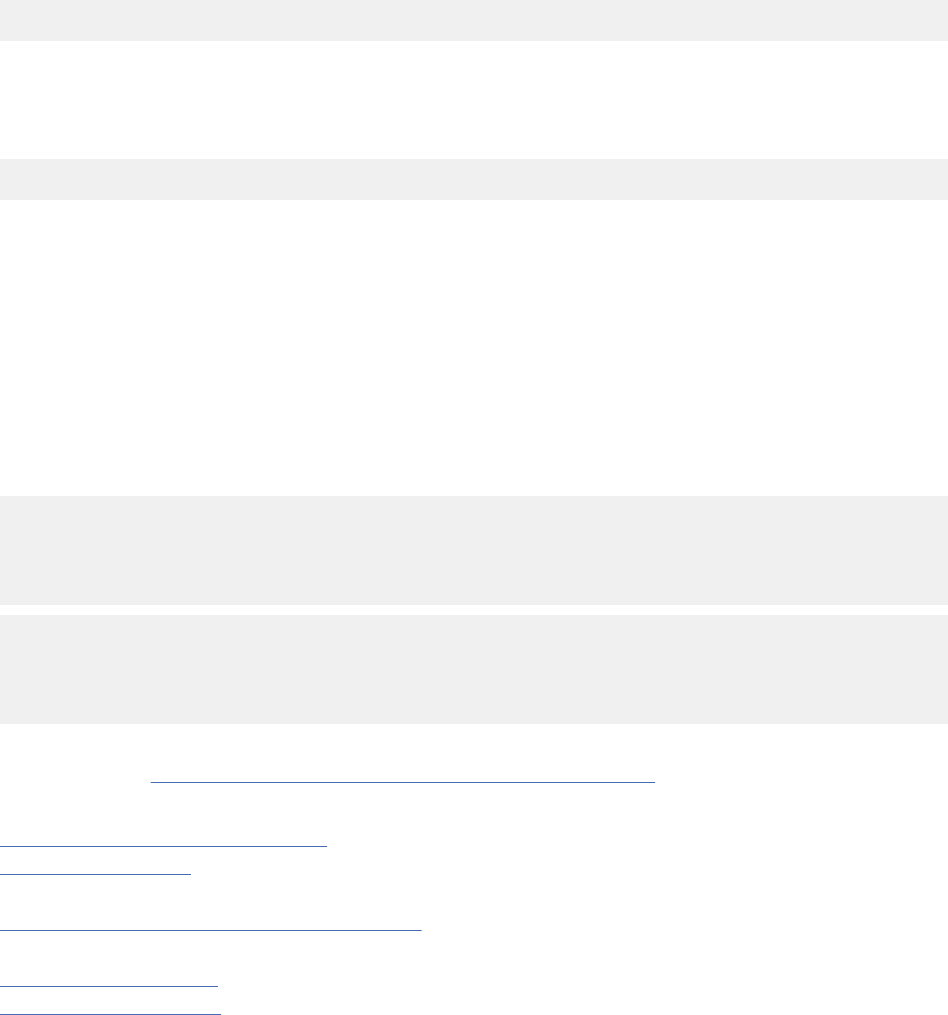
Subqueries and predicates
A predicate is an element of a search condition that species a condition that is true, false, or unknown
about a given row or group. A subquery, which is a SELECT statement within the WHERE or HAVING
clause of another SQL statement, is always part of a predicate. The predicate is of the form:
operand operator (subquery)
A WHERE or HAVING clause can include predicates that contain subqueries. A predicate that contains
a subquery, like any other search predicate, can be enclosed in parentheses, can be preceded by the
keyword NOT, and can be linked to other predicates through the keywords AND and OR. For example, the
WHERE clause of a query can look something like the following clause:
WHERE X IN (subquery1) AND (Y > SOME (subquery2) OR Z IS NULL)
Subqueries can also appear in the predicates of other subqueries. Such subqueries are nested subqueries
at some level of nesting. For example, a subquery within a subquery within an outer SELECT has a nesting
level of 2. Db2 allows nesting down to a level of 15, but few queries require a nesting level greater than 1.
The relationship of a subquery to its outer SELECT is the same as the relationship of a nested subquery to
a subquery, and the same rules apply, except where otherwise noted.
The subquery result table
A subquery must produce a result table that has the same number of columns as the number of columns
on the left side of the comparison operator. For example, both of the following SELECT statements are
acceptable:
SELECT EMPNO, LASTNAME
FROM DSN8C10.EMP
WHERE SALARY =
(SELECTAVG(SALARY)
FROM DSN8C10.EMP);
SELECT EMPNO, LASTNAME
FROM DSN8C10.EMP
WHERE (SALARY, BONUS) IN
(SELECT AVG(SALARY), AVG(BONUS)
FROM DSN8C10.EMP);
Except for a subquery of a basic predicate, the result table can contain more than one row. For more
information, see “Places where you can include a subquery” on page 390.
Related concepts
Subquery access (Db2 Performance)
Predicates (Db2 SQL)
Related tasks
Writing efcient subqueries (Db2 Performance)
Related reference
where-clause (Db2 SQL)
having-clause (Db2 SQL)
Places where you can include a subquery
You can specify a subquery in either a WHERE clause or a HAVING clause.
You can specify a subquery in either a WHERE or HAVING clause by using one of the following items:
Example: Basic predicate in a subquery
You can use a subquery immediately after any of the comparison operators. If you do, the subquery can
return at most one value. Db2 compares that value with the value to the left of the comparison operator.
390
Db2 12 for z/OS: Application Programming and SQL Guide (Last updated: 2024-07-30)

The following SQL statement returns the employee numbers, names, and salaries for employees whose
education level is higher than the average company-wide education level.
SELECT EMPNO, LASTNAME, SALARY
FROM DSN8C10.EMP
WHERE EDLEVEL >
(SELECT AVG(EDLEVEL)
FROM DSN8C10.EMP);
Example: Quantied predicate in a subquery: ALL, ANY, or SOME
You can use a subquery after a comparison operator, followed by the keyword ALL, ANY, or SOME. The
number of columns and rows that the subquery can return for a quantied predicate depends on the type
of quantied predicate:
• For = SOME, = ANY, or <> ALL, the subquery can return one or many rows and one or many columns.
The number of columns in the result table must match the number of columns on the left side of the
operator.
• For all other quantied predicates, the subquery can return one or many rows, but no more than one
column.
See the information about quantied predicates, including what to do if a subquery that returns one or
more null values gives you unexpected results.
Example: ALL predicate
Use ALL to indicate that the operands on the left side of the comparison must compare in the same way
with all of the values that the subquery returns. For example, suppose that you use the greater-than
comparison operator with ALL:
WHERE column > ALL (subquery)
To satisfy this WHERE clause, the column value must be greater than all of the values that the subquery
returns. A subquery that returns an empty result table satises the predicate.
Now suppose that you use the <> operator with ALL in a WHERE clause like this:
WHERE (column1, column1, ... columnn) <> ALL (subquery)
To satisfy this WHERE clause, each column value must be unequal to all of the values in the corresponding
column of the result table that the subquery returns. A subquery that returns an empty result table
satises the predicate.
Example: ANY or SOME predicate
Use ANY or SOME to indicate that the values on the left side of the operator must compare in the
indicated way to at least one of the values that the subquery returns. For example, suppose that you use
the greater-than comparison operator with ANY:
WHERE expression > ANY (subquery)
To satisfy this WHERE clause, the value in the expression must be greater than at least one of the values
(that is, greater than the lowest value) that the subquery returns. A subquery that returns an empty result
table does not satisfy the predicate.
Now suppose that you use the = operator with SOME in a WHERE clause like this:
WHERE (column1, column1, ... columnn) = SOME (subquery)
To satisfy this WHERE clause, each column value must be equal to at least one of the values in the
corresponding column of the result table that the subquery returns. A subquery that returns an empty
result table does not satisfy the predicate.
Chapter 3. Db2 SQL programming
391
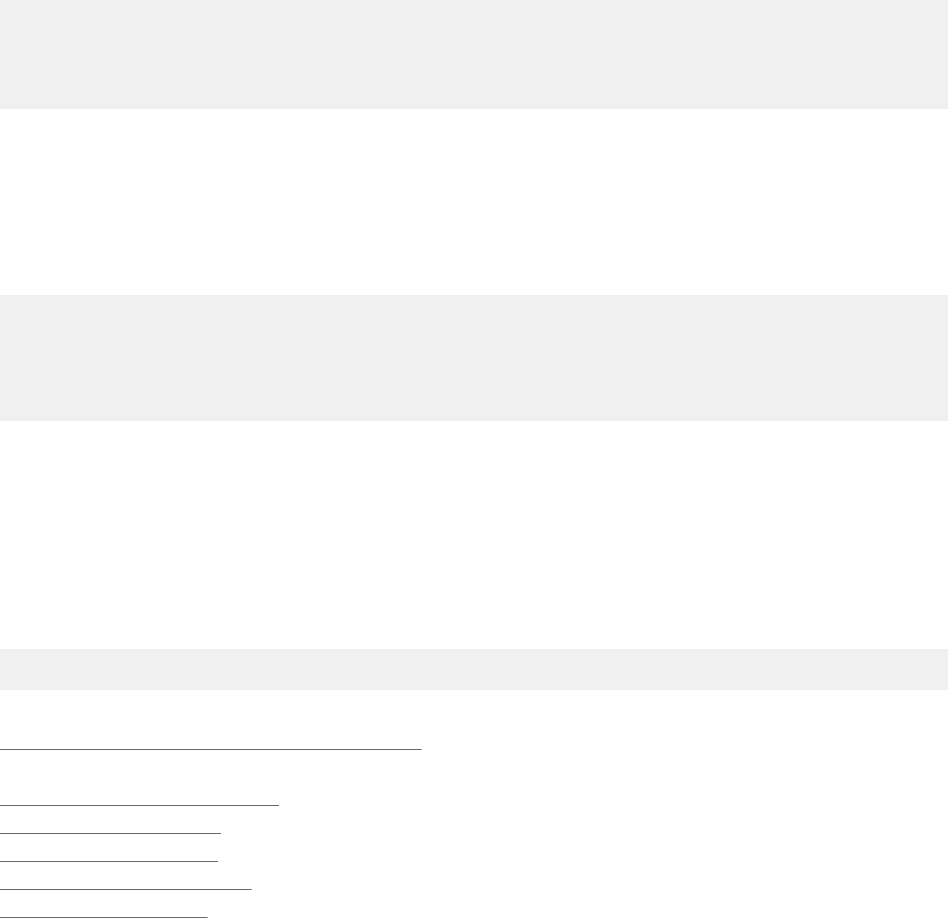
Example: IN predicate in a subquery
You can use IN to say that the value or values on the left side of the IN operator must be among the
values that are returned by the subquery. Using IN is equivalent to using = ANY or = SOME.
The following query returns the names of department managers:
SELECT EMPNO,LASTNAME
FROM DSN8C10.EMP
WHERE EMPNO IN
(SELECT DISTINCT MGRNO
FROM DSN8C10.DEPT);
EXISTS predicate in a subquery
When you use the keyword EXISTS, Db2 checks whether the subquery returns one or more rows.
Returning one or more rows satises the condition; returning no rows does not satisfy the condition.
The search condition in the following query is satised if any project that is represented in the project
table has an estimated start date that is later than 1 January 2005:
SELECT EMPNO,LASTNAME
FROM DSN8C10.EMP
WHERE EXISTS
(SELECT *
FROM DSN8C10.PROJ
WHERE PRSTDATE > '2005-01-01');
The result of the subquery is always the same for every row that is examined for the outer SELECT.
Therefore, either every row appears in the result of the outer SELECT or none appears. A correlated
subquery is more powerful than the uncorrelated subquery that is used in this example because the result
of a correlated subquery is evaluated for each row of the outer SELECT.
As shown in the example, you do not need to specify column names in the subquery of an EXISTS clause.
Instead, you can code SELECT *. You can also use the EXISTS keyword with the NOT keyword in order to
select rows when the data or condition that you specify does not exist; that is, you can code the following
clause:
WHERE NOT EXISTS (SELECT ...);
Related tasks
Writing efcient subqueries (Db2 Performance)
Related reference
Quantied predicate (Db2 SQL)
having-clause (Db2 SQL)
where-clause (Db2 SQL)
EXISTS predicate (Db2 SQL)
IN predicate (Db2 SQL)
Correlated subqueries
A correlated subquery is a subquery that Db2 reevaluates when it examines a new row (in a WHERE
clause) or a group of rows (in a HAVING clause) as it executes the outer SELECT statement.
In an uncorrelated subquery, Db2 executes the subquery once, substitutes the result of the subquery in
the right side of the search condition, and evaluates the outer SELECT based on the value of the search
condition.
User-dened functions in correlated subqueries
Use care when you invoke a user-dened function in a correlated subquery, and that user-dened
function uses a scratchpad. Db2 does not refresh the scratchpad between invocations of the subquery.
392
Db2 12 for z/OS: Application Programming and SQL Guide (Last updated: 2024-07-30)
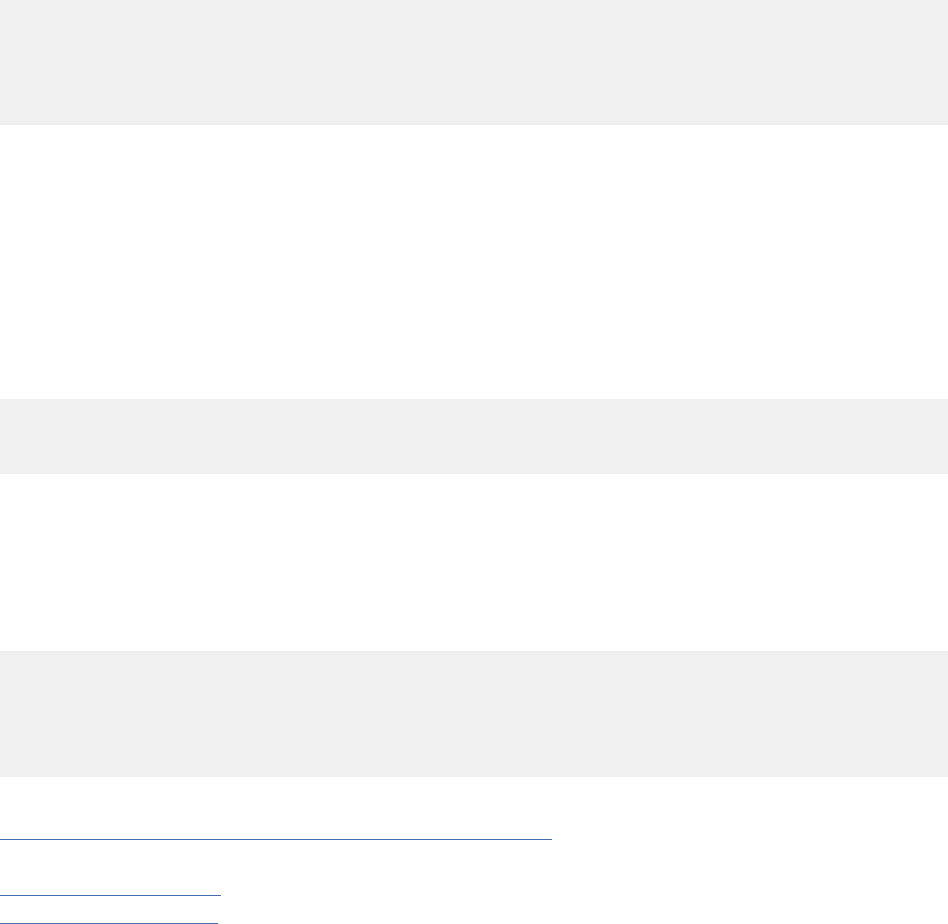
This can cause undesirable results because the scratchpad keeps values across the invocations of the
subquery.
An example of a correlated subquery
Suppose that you want a list of all the employees whose education levels are higher than the
average education levels in their respective departments. To get this information, Db2 must search the
DSN8C10.EMP table. For each employee in the table, Db2 needs to compare the employee's education
level to the average education level for that employee's department.
For this example, you need to use a correlated subquery, which differs from an uncorrelated subquery.
An uncorrelated subquery compares the employee's education level to the average of the entire company,
which requires looking at the entire table. A correlated subquery evaluates only the department that
corresponds to the particular employee.
In the subquery, you tell Db2 to compute the average education level for the department number in the
current row. The following query performs this action:
SELECT EMPNO, LASTNAME, WORKDEPT, EDLEVEL
FROM DSN8C10.EMP X
WHERE EDLEVEL >
(SELECT AVG(EDLEVEL)
FROM DSN8C10.EMP
WHERE WORKDEPT = X.WORKDEPT);
A correlated subquery looks like an uncorrelated one, except for the presence of one or more correlated
references. In the example, the single correlated reference is the occurrence of X.WORKDEPT in the
WHERE clause of the subselect. In this clause, the qualier X is the correlation name that is dened in the
FROM clause of the outer SELECT statement. X designates rows of the rst instance of DSN8C10.EMP. At
any time during the execution of the query, X designates the row of DSN8C10.EMP to which the WHERE
clause is being applied.
Consider what happens when the subquery executes for a given row of DSN8C10.EMP. Before it executes,
X.WORKDEPT receives the value of the WORKDEPT column for that row. Suppose, for example, that the
row is for Christine Haas. Her work department is A00, which is the value of WORKDEPT for that row.
Therefore, the following is the subquery that is executed for that row:
(SELECT AVG(EDLEVEL)
FROM DSN8C10.EMP
WHERE WORKDEPT = 'A00');
The subquery produces the average education level of Christine's department. The outer SELECT then
compares this average to Christine's own education level. For some other row for which WORKDEPT has
a different value, that value appears in the subquery in place of A00. For example, in the row for Michael
L Thompson, this value is B01, and the subquery for his row delivers the average education level for
department B01.
The result table that is produced by the query is similar to the following output:
EMPNO LASTNAME WORKDEPT EDLEVEL
====== ========= ======== =======
000010 HASS A00 18
000030 KWAN C01 20
000070 PULASKI D21 16
000090 HENDERSON E11 16
Related concepts
Correlated and non-correlated subqueries (Db2 Performance)
Related reference
having-clause (Db2 SQL)
where-clause (Db2 SQL)
Chapter 3. Db2 SQL programming
393
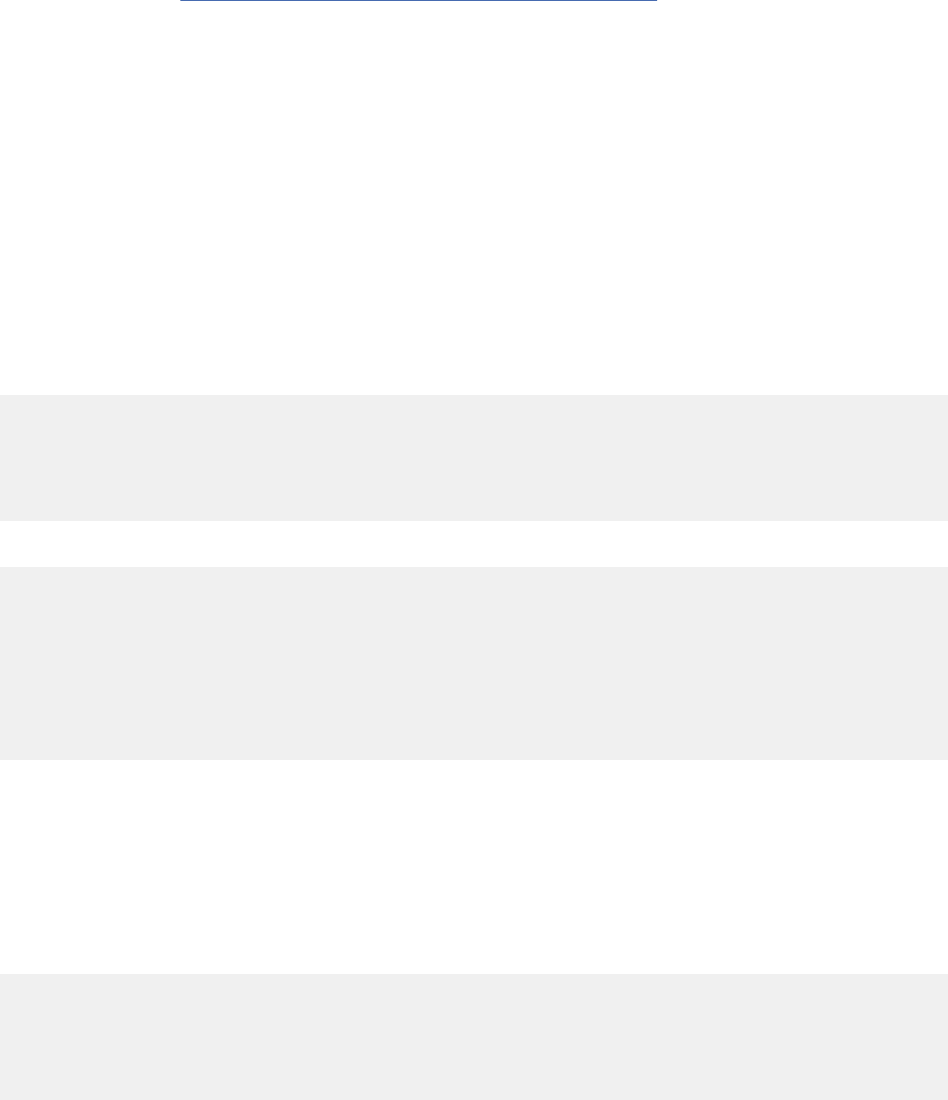
Correlation names in references
A correlation name is a name that you specify for a table, view, nested table expression or table function.
This name is valid only within the context in which it is dened. Use correlation names to avoid ambiguity,
to establish correlated references, or to use shorter names for tables or views.
A correlated reference can appear in a subquery, in a nested table expression, or as an argument of a
user-dened table function. For information about correlated references in nested table expressions and
table functions, see “Joining data from more than one table” on page 373. In a subquery, the reference
should be of the form X.C, where X is a correlation name and C is the name of a column in the table that X
represents.
Any number of correlated references can appear in a subquery, with no restrictions on variety. For
example, you can use one correlated reference in the outer SELECT, and another in a nested subquery.
When you use a correlated reference in a subquery, the correlation name can be dened in the outer
SELECT or in any of the subqueries that contain the reference. Suppose, for example, that a query
contains subqueries A, B, and C, and that A contains B and B contains C. The subquery C can use a
correlation reference that is dened in B, A, or the outer SELECT.
You can dene a correlation name for each table name in a FROM clause. Specify the correlation name
after its table name. Leave one or more blanks between a table name and its correlation name. You can
include the word AS between the table name and the correlation name to increase the readability of the
SQL statement.
The following example demonstrates the use of a correlated reference in the search condition of a
subquery:
SELECT EMPNO, LASTNAME, WORKDEPT, EDLEVEL
FROM DSN8C10.EMP AS X
WHERE EDLEVEL >
(SELECT AVG(EDLEVEL)
FROM DSN8C10.EMP
WHERE WORKDEPT = X.WORKDEPT);
The following example demonstrates the use of a correlated reference in the select list of a subquery:
UPDATE BP1TBL T1
SET (KEY1, CHAR1, VCHAR1) =
(SELECT VALUE(T2.KEY1,T1.KEY1), VALUE(T2.CHAR1,T1.CHAR1),
VALUE(T2.VCHAR1,T1.VCHAR1)
FROM BP2TBL T2
WHERE (T2.KEY1 = T1.KEY1))
WHERE KEY1 IN
(SELECT KEY1
FROM BP2TBL T3
WHERE KEY2 > 0);
Using correlated subqueries in an UPDATE statement:
Use correlation names in an UPDATE statement to refer to the rows that you are updating. The subquery
for which you specied a correlation name is called a correlated subquery.
For example, when all activities of a project must complete before September 2006, your department
considers that project to be a priority project. Assume that you have added the PRIORITY column to
DSN8C10.PROJ. You can use the following SQL statement to evaluate the projects in the DSN8C10.PROJ
table, and write a 1 (a flag to indicate PRIORITY) in the PRIORITY column for each priority project:
UPDATE DSN8C10.PROJ X
SET PRIORITY = 1
WHERE DATE('2006-09-01') >
(SELECT MAX(ACENDATE)
FROM DSN8C10.PROJACT
WHERE PROJNO = X.PROJNO);
As Db2 examines each row in the DSN8C10.PROJ table, it determines the maximum activity end date
(the ACENDATE column) for all activities of the project (from the DSN8C10.PROJACT table). If the end
date of each activity that is associated with the project is before September 2006, the current row in the
DSN8C10.PROJ table qualies, and Db2 updates it.
394
Db2 12 for z/OS: Application Programming and SQL Guide (Last updated: 2024-07-30)
Using correlated subqueries in a DELETE statement:
Use correlation names in a DELETE statement to refer to the rows that you are deleting. The subquery
for which you specied a correlation name is called a correlated subquery. Db2 evaluates the correlated
subquery once for each row in the table that is named in the DELETE statement to decide whether to
delete the row.
Using tables with no referential constraints:
Suppose that a department considers a project to be complete when the combined amount of time
currently spent on it is less than or equal to half of a person's time. The department then deletes the
rows for that project from the DSN8C10.PROJ table. In the examples in this topic, PROJ and PROJACT are
independent tables; that is, they are separate tables with no referential constraints dened on them.
DELETE FROM DSN8C10.PROJ X
WHERE .5 >
(SELECT SUM(ACSTAFF)
FROM DSN8C10.PROJACT
WHERE PROJNO = X.PROJNO);
To process this statement, Db2 determines for each project (represented by a row in the DSN8C10.PROJ
table) whether the combined stafng for that project is less than 0.5. If it is, Db2 deletes that row from
the DSN8C10.PROJ table.
To continue this example, suppose that Db2 deletes a row in the DSN8C10.PROJ table. You must also
delete rows that are related to the deleted project in the DSN8C10.PROJACT table. To do this, use a
statement similar to this statement:
DELETE FROM DSN8C10.PROJACT X
WHERE NOT EXISTS
(SELECT *
FROM DSN8C10.PROJ
WHERE PROJNO = X.PROJNO);
Db2 determines, for each row in the DSN8C10.PROJACT table, whether a row with the same project
number exists in the DSN8C10.PROJ table. If not, Db2 deletes the row from DSN8C10.PROJACT.
Using a single table:
A subquery of a searched DELETE statement (a DELETE statement that does not use a cursor) can
reference the same table from which rows are deleted. In the following statement, which deletes the
employee with the highest salary from each department, the employee table appears in the outer DELETE
and in the subselect:
DELETE FROM YEMP X
WHERE SALARY = (SELECT MAX(SALARY) FROM YEMP Y
WHERE X.WORKDEPT =Y.WORKDEPT);
This example uses a copy of the employee table for the subquery.
The following statement, without a correlated subquery, yields equivalent results:
DELETE FROM YEMP
WHERE (SALARY, WORKDEPT) IN (SELECT MAX(SALARY), WORKDEPT
FROM YEMP
GROUP BY WORKDEPT);
Using tables with referential constraints:
Db2 restricts delete operations for dependent tables that are involved in referential constraints. If a
DELETE statement has a subquery that references a table that is involved in the deletion, make the last
delete rule in the path to that table RESTRICT or NO ACTION. This action ensures that the result of
the subquery is not materialized before the deletion occurs. However, if the result of the subquery is
materialized before the deletion, the delete rule can also be CASCADE or SET NULL.
Chapter 3. Db2 SQL programming
395

Example: Without referential constraints, the following statement deletes departments from the
department table whose managers are not listed correctly in the employee table:
DELETE FROM DSN8C10.DEPT THIS
WHERE NOT DEPTNO =
(SELECT WORKDEPT
FROM DSN8C10.EMP
WHERE EMPNO = THIS.MGRNO);
With the referential constraints that are dened for the sample tables, this statement causes an error
because the result table for the subquery is not materialized before the deletion occurs. Because
DSN8C10.EMP is a dependent table of DSN8C10.DEPT, the deletion involves the table that is referred
to in the subquery, and the last delete rule in the path to EMP is SET NULL, not RESTRICT or NO ACTION.
If the statement could execute, its results would depend on the order in which Db2 accesses the rows.
Therefore, Db2 prohibits the deletion.
Restrictions when using distinct types with UNION, EXCEPT, and INTERSECT
Db2 enforces strong typing of distinct types with UNION, EXCEPT, and INTERSECT. When you use these
keywords to combine column values from several tables, the combined columns must be of the same
types. If a column is a distinct type, the corresponding column must be the same distinct type.
Example: Suppose that you create a view that combines the values of the US_SALES, EUROPEAN_SALES,
and JAPAN_SALES tables. The TOTAL columns in the three tables are of different distinct types. Before
you combine the table values, you must convert the types of two of the TOTAL columns to the type of
the third TOTAL column. Assume that the US_DOLLAR type has been chosen as the common distinct
type. Because Db2 does not generate cast functions to convert from one distinct type to another, two
user-dened functions must exist:
• A function called EURO_TO_US that converts values of type EURO to type US_DOLLAR
• A function called YEN_TO_US that converts values of type JAPANESE_YEN to type US_DOLLAR
Then you can execute a query like this to display a table of combined sales:
SELECT PRODUCT_ITEM, MONTH, YEAR, TOTAL
FROM US_SALES
UNION
SELECT PRODUCT_ITEM, MONTH, YEAR, EURO_TO_US(TOTAL)
FROM EUROPEAN_SALES
UNION
SELECT PRODUCT_ITEM, MONTH, YEAR, YEN_TO_US(TOTAL)
FROM JAPAN_SALES;
Because the result type of both the YEN_TO_US function and the EURO_TO_US function is US_DOLLAR,
you have satised the requirement that the distinct types of the combined columns are the same.
Comparison of distinct types
You can compare an object with a distinct type only to an object with exactly the same distinct type. You
cannot compare data of a distinct type directly to data of its source type. However, you can compare a
distinct type to its source type by using a cast function.
The basic rule for comparisons is that the data types of the operands must be compatible. The
compatibility rule denes, for example, that all numeric types (SMALLINT, INTEGER, FLOAT, and
DECIMAL) are compatible. That is, you can compare an INTEGER value with a value of type FLOAT.
However, you cannot compare an object of a distinct type to an object of a different type. You can
compare an object with a distinct type only to an object with exactly the same distinct type.
For example, suppose you want to know which products sold more than $100000.00 in the US in the
month of July in 2003 (7/03). Because you cannot compare data of type US_DOLLAR with instances of
data of the source type of US_DOLLAR (DECIMAL) directly, you must use a cast function to cast data
from DECIMAL to US_DOLLAR or from US_DOLLAR to DECIMAL. Whenever you create a distinct type, Db2
creates two cast functions, one to cast from the source type to the distinct type and the other to cast
from the distinct type to the source type. For distinct type US_DOLLAR, Db2 creates a cast function called
396
Db2 12 for z/OS: Application Programming and SQL Guide (Last updated: 2024-07-30)
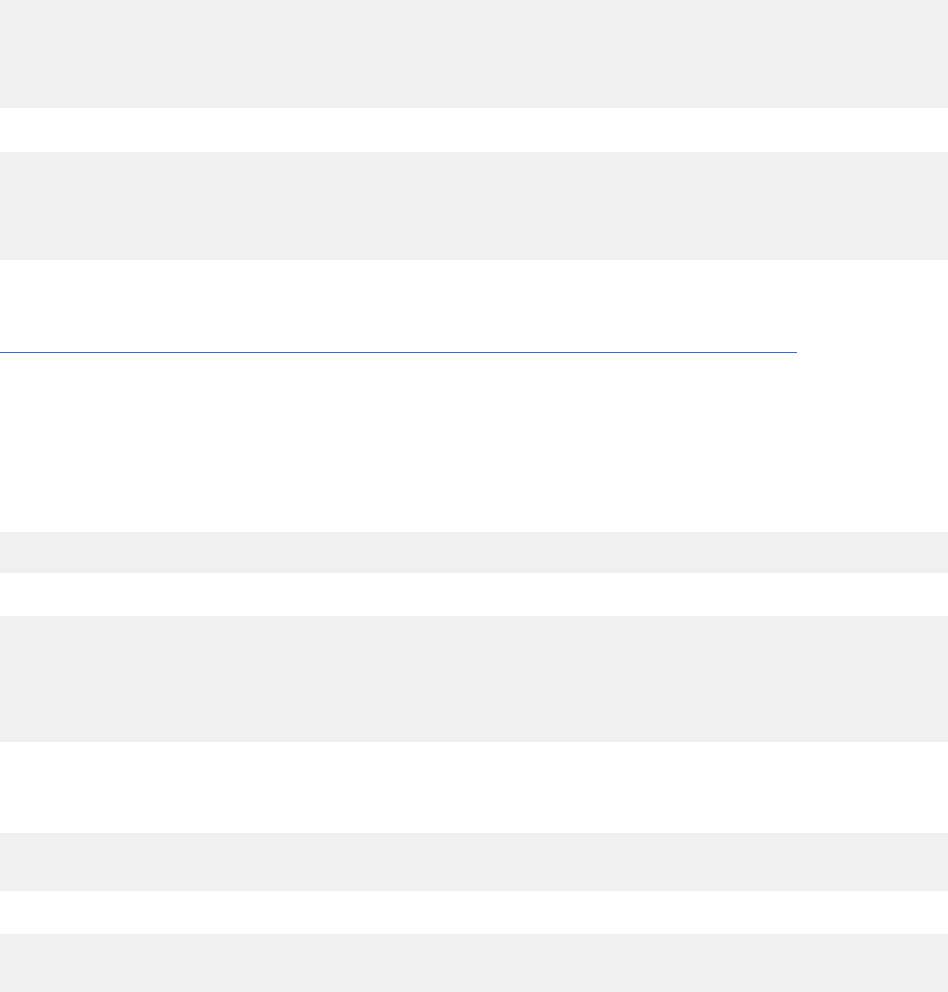
DECIMAL and a cast function called US_DOLLAR. When you compare an object of type US_DOLLAR to an
object of type DECIMAL, you can use one of those cast functions to make the data types identical for the
comparison. Suppose table US_SALES is dened like this:
CREATE TABLE US_SALES
(PRODUCT_ITEM INTEGER,
MONTH INTEGER CHECK (MONTH BETWEEN 1 AND 12),
YEAR INTEGER CHECK (YEAR > 1990),
TOTAL US_DOLLAR);
Then you can cast DECIMAL data to US_DOLLAR like this:
SELECT PRODUCT_ITEM
FROM US_SALES
WHERE TOTAL > US_DOLLAR(100000.00)
AND MONTH = 7
AND YEAR = 2003;
The casting satises the requirement that the compared data types are identical.
You cannot use host variables in statements that you prepare for dynamic execution. As explained in
“Dynamically executing an SQL statement by using PREPARE and EXECUTE” on page 519, you can
substitute parameter markers for host variables when you prepare a statement, and then use host
variables when you execute the statement.
If you use a parameter marker in a predicate of a query, and the column to which you compare the value
represented by the parameter marker is of a distinct type, you must cast the parameter marker to the
distinct type, or cast the column to its source type.
For example, suppose that distinct type CNUM is dened like this:
CREATE DISTINCT TYPE CNUM AS INTEGER;
Table CUSTOMER is dened like this:
CREATE TABLE CUSTOMER
(CUST_NUM CNUM NOT NULL,
FIRST_NAME CHAR(30) NOT NULL,
LAST_NAME CHAR(30) NOT NULL,
PHONE_NUM CHAR(20) WITH DEFAULT,
PRIMARY KEY (CUST_NUM));
In an application program, you prepare a SELECT statement that compares the CUST_NUM column to a
parameter marker. Because CUST_NUM is of a distinct type, you must cast the distinct type to its source
type:
SELECT FIRST_NAME, LAST_NAME, PHONE_NUM FROM CUSTOMER
WHERE CAST(CUST_NUM AS INTEGER) = ?
Alternatively, you can cast the parameter marker to the distinct type:
SELECT FIRST_NAME, LAST_NAME, PHONE_NUM FROM CUSTOMER
WHERE CUST_NUM = CAST (? AS CNUM)
Nested SQL statements
An SQL statement can explicitly invoke user-dened functions or stored procedures or can implicitly
activate triggers that invoke user-dened functions or stored procedures. This situation is known as
nested SQL statements.
Db2 supports as many as 64 levels of nested SQL statements.
Restrictions for nested SQL statements
Be aware of the following Db2 restrictions on nested SQL statements:
• Restrictions for SELECT statements:
Chapter 3. Db2 SQL programming
397

When you execute a SELECT statement on a table, you cannot execute INSERT, UPDATE, MERGE, or
DELETE statements on the same table at a lower level of nesting.
For example, suppose that you execute this SQL statement at level 1 of nesting:
SELECT UDF1(C1) FROM T1;
You cannot execute this SQL statement at a lower level of nesting:
INSERT INTO T1 VALUES(…);
• Restrictions for SELECT FROM FINAL TABLE statements that specify INSERT, UPDATE, or DELETE
statements to change data:
When you execute this type of statement, an error occurs if both of the following conditions exist:
– The SELECT statement that modies data (by specifying INSERT, UPDATE, or DELETE) activates an
AFTER TRIGGER.
– The AFTER TRIGGER results in additional nested SQL operations that modify the table that is the
target of the original SELECT statement that modies data.
• Restrictions for INSERT, UPDATE, MERGE, and DELETE statements:
When you execute an INSERT, UPDATE, MERGE, or DELETE statement on a table, you cannot access
that table from a user-dened function or stored procedure that is at a lower level of nesting.
For example, suppose that you execute this SQL statement at level 1 of nesting:
DELETE FROM T1 WHERE UDF3(T1.C1) = 3;
You cannot execute this SELECT statement at a lower level of nesting:
SELECT * FROM T1;
Statement nesting for AFTER triggers
If the AFTER trigger is not activated by an INSERT, UPDATE, or DELETE data change statement that is
specied in a data-change-table-reference SELECT FROM FINAL TABLE, the preceding list of restrictions
do not apply to SQL statements that are executed at a lower level of nesting as a result of an after trigger.
For example, suppose an UPDATE statement at nesting level 1 activates an after update trigger, which
calls a stored procedure. The stored procedure executes two SQL statements that reference the triggering
table: one SELECT statement and one INSERT statement. In this situation, both the SELECT and the
INSERT statements can be executed even though they are at nesting level 3.
Although trigger activations count in the levels of SQL statement nesting, the previous restrictions on SQL
statements do not apply to SQL statements that are executed in the trigger body.
For example, suppose that trigger TR1 is dened on table T1:
CREATE TRIGGER TR1
AFTER INSERT ON T1
FOR EACH STATEMENT MODE DB2SQL
BEGIN ATOMIC
UPDATE T1 SET C1=1;
END
Now suppose that you execute this SQL statement at level 1 of nesting:
INSERT INTO T1 VALUES(…);
Although the UPDATE statement in the trigger body is at level 2 of nesting and modies the same table
that the triggering statement updates, Db2 can execute the INSERT statement successfully.
398
Db2 12 for z/OS: Application Programming and SQL Guide (Last updated: 2024-07-30)

Retrieving a set of rows by using a cursor
In an application program, you can retrieve a set of rows from a table or a result table that is returned by a
stored procedure. You can retrieve one or more rows at a time.
About this task
Use either of the following types of cursors to retrieve rows from a result table:
• A row-positioned cursor retrieves at most a single row at a time from the result table into host variables.
At any point in time, the cursor is positioned on at most a single row. For information about how to use a
row-positioned cursor, see “Accessing data by using a row-positioned cursor” on page 403
.
• A rowset-positioned cursor retrieves zero, one, or more rows at a time, as a rowset, from the result
table into host-variable arrays. At any point in time, the cursor can be positioned on a rowset. You can
reference all of the rows in the rowset, or only one row in the rowset, when you use a positioned DELETE
or positioned UPDATE statement. For information about how to use a rowset-positioned cursor, see
“Accessing data by using a rowset-positioned cursor” on page 408.
Cursors
A cursor is a mechanism that points to one or more rows in a set of rows. The rows are retrieved from a
table or in a result set that is returned by a stored procedure. Your application program can use a cursor to
retrieve rows from a table.
About this task
Cursors bound with cursor stability that are used in block fetch operations are particularly vulnerable to
reading data that has already changed. In a block fetch, database access prefetches rows ahead of the
row retrieval controlled by the application. During that time the cursor might close, and the locks might be
released, before the application receives the data. Thus, it is possible for the application to fetch a row of
values that no longer exists, or to miss a recently inserted row. In many cases, that is acceptable; a case
for which it is not acceptable is said to require data currency.
If your application requires data currency for a cursor, you need to prevent block fetching for the data to
which it points. To prevent block fetching for a distributed cursor, declare the cursor with the FOR UPDATE
clause.
Types of cursors
You can declare row-positioned or rowset-positioned cursors in a number of ways. These cursors can be
scrollable or not scrollable, held or not held, or returnable or not returnable.
In addition, you can declare a returnable cursor in a stored procedure by including the WITH RETURN
clause; the cursor can return result sets to a caller of the stored procedure.
Scrollable and non-scrollable cursors:
When you declare a cursor, you tell Db2 whether you want the cursor to be scrollable or non-scrollable by
including or omitting the SCROLL clause. This clause determines whether the cursor moves sequentially
forward through the result table or can move randomly through the result table.
Using a non-scrollable cursor:
The simplest type of cursor is a non-scrollable cursor. A non-scrollable cursor can be either row-
positioned or rowset-positioned. A row-positioned non-scrollable cursor moves forward through its result
table one row at a time. Similarly, a rowset-positioned non-scrollable cursor moves forward through its
result table one rowset at a time.
A non-scrollable cursor always moves sequentially forward in the result table. When the application
opens the cursor, the cursor is positioned before the rst row (or rst rowset) in the result table. When
the application executes the rst FETCH, the cursor is positioned on the rst row (or rst rowset). When
Chapter 3. Db2 SQL programming
399

the application executes subsequent FETCH statements, the cursor moves one row ahead (or one rowset
ahead) for each FETCH. After each FETCH statement, the cursor is positioned on the row (or rowset) that
was fetched.
After the application executes a positioned UPDATE or positioned DELETE statement, the cursor stays at
the current row (or rowset) of the result table. You cannot retrieve rows (or rowsets) backward or move to
a specic position in a result table with a non-scrollable cursor.
Using a scrollable cursor:
To make a cursor scrollable, you declare it as scrollable. A scrollable cursor can be either row-positioned
or rowset-positioned. To use a scrollable cursor, you execute FETCH statements that indicate where you
want to position the cursor.
If you want to order the rows of the cursor's result set, and you also want the cursor to be updatable, you
need to declare the cursor as scrollable, even if you use it only to retrieve rows (or rowsets) sequentially.
You can use the ORDER BY clause in the declaration of an updatable cursor only if you declare the cursor
as scrollable.
Declaring a scrollable cursor:
To indicate that a cursor is scrollable, you declare it with the SCROLL keyword. The following examples
show a characteristic of scrollable cursors: the sensitivity.
The following gure shows a declaration for an insensitive scrollable cursor.
EXEC SQL DECLARE C1 INSENSITIVE SCROLL CURSOR FOR
SELECT DEPTNO, DEPTNAME, MGRNO
FROM DSN8C10.DEPT
ORDER BY DEPTNO
END-EXEC.
Declaring a scrollable cursor with the INSENSITIVE keyword has the following effects:
• The size, the order of the rows, and the values for each row of the result table do not change after the
application opens the cursor.
Rows that are inserted into the underlying table are not added to the result table.
• The result table is read-only. Therefore, you cannot declare the cursor with the FOR UPDATE clause, and
you cannot use the cursor for positioned update or delete operations.
The following gure shows a declaration for a sensitive static scrollable cursor.
EXEC SQL DECLARE C2 SENSITIVE STATIC SCROLL CURSOR FOR
SELECT DEPTNO, DEPTNAME, MGRNO
FROM DSN8C10.DEPT
ORDER BY DEPTNO
END-EXEC.
Declaring a cursor as SENSITIVE STATIC has the following effects:
• The size of the result table does not grow after the application opens the cursor.
Rows that are inserted into the underlying table are not added to the result table.
• The order of the rows does not change after the application opens the cursor.
If the cursor declaration contains an ORDER BY clause, and the columns that are in the ORDER BY
clause are updated after the cursor is opened, the order of the rows in the result table does not change.
• When the application executes positioned UPDATE and DELETE statements with the cursor, those
changes are visible in the result table.
• When the current value of a row no longer satises the SELECT statement that was used in the cursor
declaration, that row is no longer visible in the result table.
• When a row of the result table is deleted from the underlying table, that row is no longer visible in the
result table.
400
Db2 12 for z/OS: Application Programming and SQL Guide (Last updated: 2024-07-30)

• Changes that are made to the underlying table by other cursors or other application processes can be
visible in the result table, depending on whether the FETCH statements that you use with the cursor are
FETCH INSENSITIVE or FETCH SENSITIVE statements.
The following gure shows a declaration for a sensitive dynamic scrollable cursor.
EXEC SQL DECLARE C2 SENSITIVE DYNAMIC SCROLL CURSOR FOR
SELECT DEPTNO, DEPTNAME, MGRNO
FROM DSN8C10.DEPT
ORDER BY DEPTNO
END-EXEC.
Declaring a cursor as SENSITIVE DYNAMIC has the following effects:
• The size and contents of the result table can change with every fetch.
The base table can change while the cursor is scrolling on it. If another application process changes the
data, the cursor sees the newly changed data when it is committed. If the application process of the
cursor changes the data, the cursor sees the newly changed data immediately.
• The order of the rows can change after the application opens the cursor.
If the SELECT statement of the cursor declaration contains an ORDER BY clause, and columns that are
in the ORDER BY clause are updated after the cursor is opened, the order of the rows in the result table
changes.
• When the application executes positioned UPDATE and DELETE statements with the cursor, those
changes are visible. In addition, when the application executes insert, update, or delete operations
(within the application but outside the cursor), those changes are visible.
• All committed inserts, updates, and deletes by other application processes are visible.
• Because the FETCH statement executes against the base table, the cursor needs no temporary result
table. When you dene a cursor as SENSITIVE DYNAMIC, you cannot specify the INSENSITIVE keyword
in a FETCH statement for that cursor.
Visibility of changes to a result table:
Whether a cursor can view its own changes or the changes that are made to the data by other processes
or cursors depends on how the cursor is declared, and the updatability of the cursor. Visibility also
depends on the type of fetch operation that is executed with the cursor. The following table summarizes
the visibility of changes to a result table for each type of cursor.
Declared cursor type
Cursor is updatable or
read-only?
Changes by the cursor
are visible in the result
table?
“3” on page 402
Changes by other
cursors or processes
are visible to the result
table?
NO SCROLL (result table
is materialized)
Read-only
“1” on page 402
Not applicable No
NO SCROLL (result table
is not materialized)
Updatable
“2” on page 402
Yes Yes
INSENSITIVE SCROLL Read-only
“4” on page 402
Not applicable No
SENSITIVE STATIC
SCROLL
Updatable
“2” on page 402,
“6” on page 402
Yes Depends on the
explicitly or implicitly
specied sensitivity in
the FETCH clause
“5” on
page 402
SENSITIVE DYNAMIC
SCROLL
Updatable
“2” on page 402
Yes Yes
“7” on page 402
Chapter 3. Db2 SQL programming401

Declared cursor type Cursor is updatable or
read-only?
Changes by the cursor
are visible in the result
table?
“3” on page 402
Changes by other
cursors or processes
are visible to the result
table?
Notes:
1. The content of the SELECT statement of the cursor makes the cursor implicitly read-only.
2. The cursor is updatable only if FOR READ ONLY or FOR FETCH ONLY is not specied as part of the
SELECT statement of the cursor, and there is nothing in the content of the SELECT statement makes
the cursor implicitly read-only.
3. If INSENSITIVE is specied on FETCH, only changes made by the same cursor are visible, assuming
that the rows being fetched have not already been read by a SENSITIVE FETCH on the same cursor.
4. An INSENSITIVE cursor is read-only if an updatability clause is not specied.
5. The sensitivity clause in a FETCH statement affects the visibility of others' changes as follows:
• For FETCH INSENSITIVE: Only positioned updates and deletes that are made by the same cursor
are visible.
• For FETCH SENSITIVE: All updates and deletes are visible.
6. Positioned updates and deletes are disallowed if the values of the selected columns do not match the
current values of the columns in the base table, even if the row satises the predicate of the SELECT
statement of the cursor.
7. All updates and deletes that are made by this cursor, and committed changes that are made by
other processes are visible on subsequent FETCH statements. Inserts that are made by this process
are also be visible as the result table is scrolled. Inserts by other processes into the base tables
underlying the result table are visible after they are committed.
Related concepts
FETCH statement interaction between row and rowset positioning
When you declare a cursor with the WITH ROWSET POSITIONING clause, you can intermix row-
positioned FETCH statements with rowset-positioned FETCH statements.
Comparison of scrollable cursors
Whether a scrollable cursor can view the changes that are made to the data by other processes or cursors
depends on how the cursor is declared. It also depends on the type of fetch operation that is executed.
Held and non-held cursors
A held cursor does not close after a commit operation. A cursor that is not held closes after a commit
operation. You specify whether you want a cursor to be held or not held by including or omitting the WITH
HOLD clause when you declare the cursor.
After a commit operation, the position of a held cursor depends on its type:
• A non-scrollable cursor that is held is positioned after the last retrieved row and before the next logical
row. The next row can be returned from the result table with a FETCH NEXT statement.
• A static scrollable cursor that is held is positioned on the last retrieved row. The last retrieved row can
be returned from the result table with a FETCH CURRENT statement.
• A dynamic scrollable cursor that is held is positioned after the last retrieved row and before the next
logical row. Use a FETCH statement to reposition the cursor to retrieve the desired row or rowset. Db2
returns SQLCODE +231 for a FETCH statement that species the CURRENT keyword for a single-row
fetch.
A held cursor can close when:
• You issue a CLOSE cursor, ROLLBACK, or CONNECT statement
• You issue a CAF CLOSE function call or an RRSAF TERMINATE THREAD function call
• The application program terminates.
402
Db2 12 for z/OS: Application Programming and SQL Guide (Last updated: 2024-07-30)

If the program abnormally terminates, the cursor position is lost. To prepare for restart, your program
must reposition the cursor.
The following restrictions apply to cursors that are declared WITH HOLD:
• Do not use DECLARE CURSOR WITH HOLD with the new user signon from a Db2 attachment facility,
because all open cursors are closed.
• Do not declare a WITH HOLD cursor in a thread that might become inactive. If you do, its locks are held
indenitely.
IMS
You cannot use DECLARE CURSOR...WITH HOLD in message processing programs (MPP) and message-
driven batch message processing (BMP). Each message is a new user for Db2; whether or not you declare
them using WITH HOLD, no cursors continue for new users. You can use WITH HOLD in non-message-
driven BMP and DL/I batch programs.
CICS
In CICS applications, you can use DECLARE CURSOR...WITH HOLD to indicate that a cursor should not
close at a commit or sync point. However, SYNCPOINT ROLLBACK closes all cursors, and end-of-task
(EOT) closes all cursors before Db2 reuses or terminates the thread. Because pseudo-conversational
transactions usually have multiple EXEC CICS RETURN statements and thus span multiple EOTs, the
scope of a held cursor is limited. Across EOTs, you must reopen and reposition a cursor declared WITH
HOLD, as if you had not specied WITH HOLD.
You should always close cursors that you no longer need. If you let Db2 close a CICS attachment cursor,
the cursor might not close until the CICS attachment facility reuses or terminates the thread.
If the CICS application is using a protected entry thread, this thread will continue to hold resources,
even when the task that has used these resources ends. These resources will not be released until the
protected thread terminates.
The following cursor declaration causes the cursor to maintain its position in the DSN8C10.EMP table
after a commit point:
EXEC SQL
DECLARE EMPLUPDT CURSOR WITH HOLD FOR
SELECT EMPNO, LASTNAME, PHONENO, JOB, SALARY, WORKDEPT
FROM DSN8C10.EMP
WHERE WORKDEPT < 'D11'
ORDER BY EMPNO
END-EXEC.
Accessing data by using a row-positioned cursor
A row-positioned cursor is a cursor that points to a single row and retrieves at most a single row at a time
from the result table. You can specify a fetch request to specify which rows to retrieve, relative to the
current cursor position.
Procedure
To access data by using a row-positioned cursor:
1. Execute a DECLARE CURSOR statement to dene the result table on which the cursor operates. See
“Declaring a row cursor” on page 404
.
2. Execute an OPEN CURSOR to make the cursor available to the application. See “Opening a row cursor”
on page 405.
3. Specify what the program is to do when all rows have been retrieved. See “Specifying the action that
the row cursor is to take when it reaches the end of the data” on page 406.
4. Execute multiple SQL statements to retrieve data from the table or modify selected rows of the table.
See “Executing SQL statements by using a row cursor” on page 406.
Chapter 3. Db2 SQL programming
403
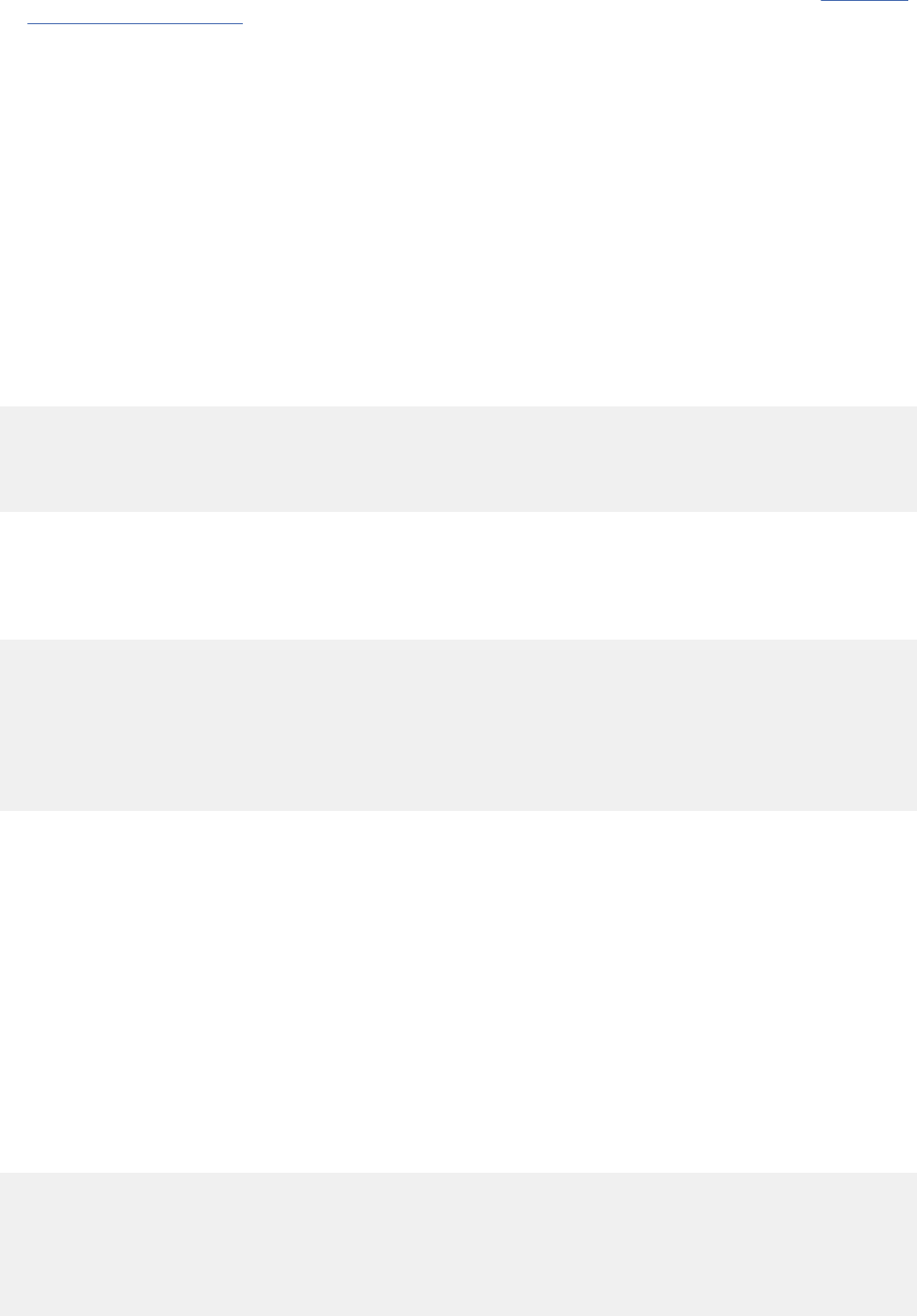
5. Execute a CLOSE CURSOR statement to make the cursor unavailable to the application. See “Closing a
row cursor” on page 408.
Results
Your program can have several cursors, each of which performs the previous steps.
Declaring a row cursor
Before you can use a row-positioned cursor to retrieve rows, you must declare the cursor. When you
declare a cursor, you identify a set of rows that are to be accessed with the cursor.
Procedure
To declare a row cursor, issue a DECLARE CURSOR statement.
The DECLARE CURSOR statement names a cursor and species a SELECT statement. The SELECT
statement denes the criteria for the rows that are to make up the result table.
The following example shows a simple form of the DECLARE CURSOR statement:
EXEC SQL
DECLARE C1 CURSOR FOR
SELECT EMPNO, FIRSTNME, MIDINIT, LASTNAME, SALARY
FROM DSN8C10.EMP
END-EXEC.
You can use this cursor to list select information about employees.
More complicated cursors might include WHERE clauses or joins of several tables. For example, suppose
that you want to use a cursor to list employees who work on a certain project. Declare a cursor like this to
identify those employees:
EXEC SQL
DECLARE C2 CURSOR FOR
SELECT EMPNO, FIRSTNME, MIDINIT, LASTNAME, SALARY
FROM DSN8C10.EMP X
WHERE EXISTS
(SELECT *
FROM DSN8C10.PROJ Y
WHERE X.EMPNO=Y.RESPEMP
AND Y.PROJNO=:GOODPROJ);
Declaring cursors for tables that use multilevel security
You can declare a cursor that retrieves rows from a table that uses multilevel security with row-level
granularity. However, the result table for the cursor contains only those rows that have a security label
value that is equivalent to or dominated by the security label value of your ID.
Updating a column
You can update columns in the rows that you retrieve. Updating a row after you use a cursor to
retrieve it is called a positioned update. If you intend to perform any positioned updates on the
identied table, include the FOR UPDATE clause. The FOR UPDATE clause has two forms:
• The rst form is FOR UPDATE OF column-list. Use this form when you know in advance which
columns you need to update.
• The second form is FOR UPDATE, with no column list. Use this form when you might use the cursor
to update any of the columns of the table.
For example, you can use this cursor to update only the SALARY column of the employee table:
EXEC SQL
DECLARE C1 CURSOR FOR
SELECT EMPNO, FIRSTNME, MIDINIT, LASTNAME, SALARY
FROM DSN8C10.EMP X
WHERE EXISTS
(SELECT *
FROM DSN8C10.PROJ Y
WHERE X.EMPNO=Y.RESPEMP
404
Db2 12 for z/OS: Application Programming and SQL Guide (Last updated: 2024-07-30)
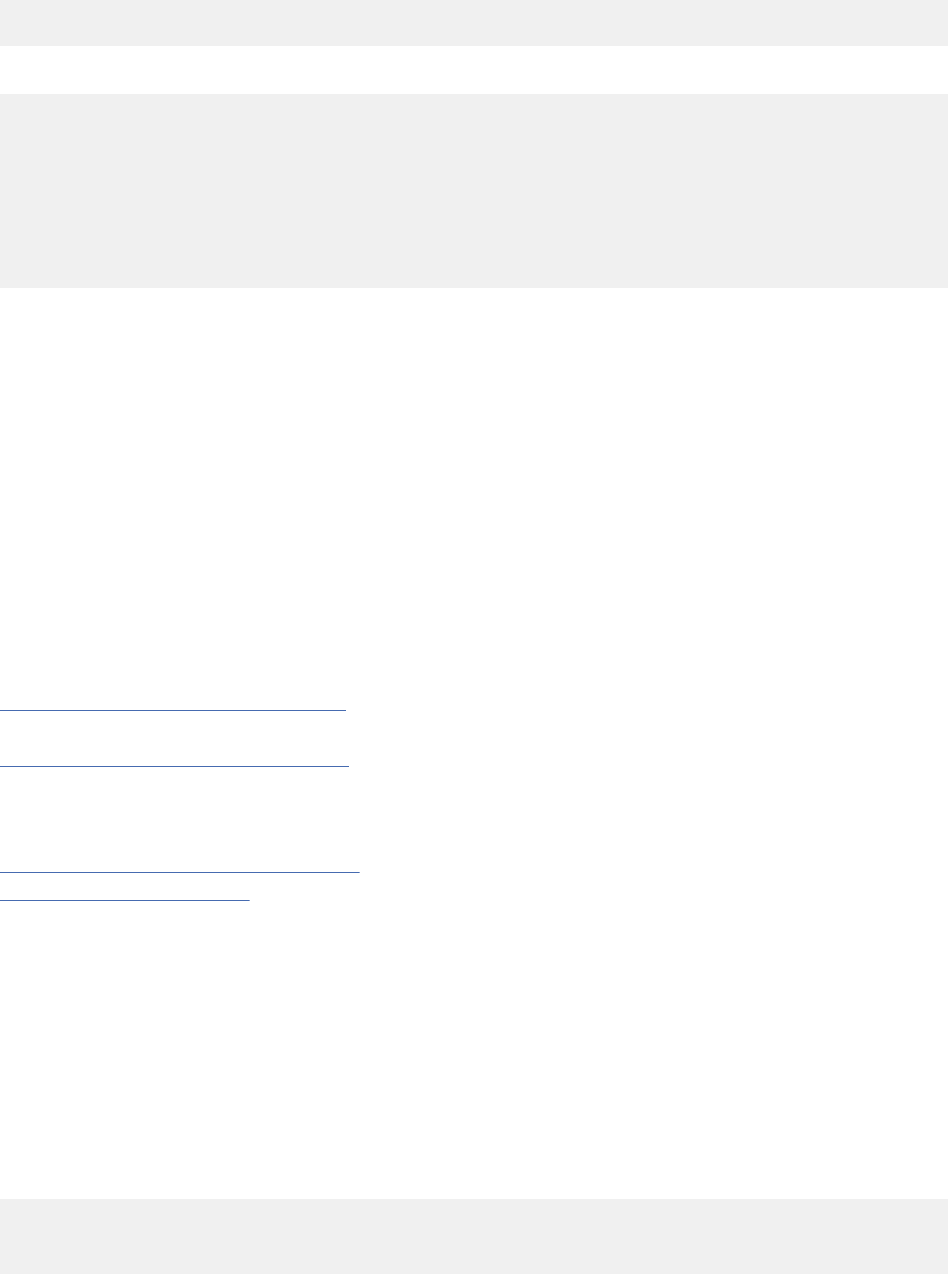
AND Y.PROJNO=:GOODPROJ)
FOR UPDATE OF SALARY;
If you might use the cursor to update any column of the employee table, dene the cursor like this:
EXEC SQL
DECLARE C1 CURSOR FOR
SELECT EMPNO, FIRSTNME, MIDINIT, LASTNAME, SALARY
FROM DSN8C10.EMP X
WHERE EXISTS
(SELECT *
FROM DSN8C10.PROJ Y
WHERE X.EMPNO=Y.RESPEMP
AND Y.PROJNO=:GOODPROJ)
FOR UPDATE;
Db2 must do more processing when you use the FOR UPDATE clause without a column list than when you
use the FOR UPDATE clause with a column list. Therefore, if you intend to update only a few columns of a
table, your program can run more efciently if you include a column list.
The precompiler options NOFOR and STDSQL affect the use of the FOR UPDATE clause in static SQL
statements. If you do not specify the FOR UPDATE clause in a DECLARE CURSOR statement, and you
do not specify the STDSQL(YES) option or the NOFOR precompiler options, you receive an error if you
execute a positioned UPDATE statement.
You can update a column of the identied table even though it is not part of the result table. In this case,
you do not need to name the column in the SELECT statement. When the cursor retrieves a row (using
FETCH) that contains a column value you want to update, you can use UPDATE … WHERE CURRENT OF to
identify the row that is to be updated.
Read-only result table
Some result tables cannot be updated—for example, the result of joining two or more tables.
Related concepts
Multilevel security (Managing Security)
Related reference
Descriptions of SQL processing options
You can specify any SQL processing options regardless of whether you use the Db2 precompiler or the
Db2 coprocessor. However, the Db2 coprocessor might ignore certain options because host language
compiler options exist that provide the same information.
DECLARE CURSOR statement (Db2 SQL)
select-statement (Db2 SQL)
Opening a row cursor
After you declare a row cursor, you need to tell Db2 that you are ready to process the rst row of the result
table. This action is called opening the cursor.
About this task
To open a row cursor, execute the OPEN statement in your program. Db2 then uses the SELECT statement
within DECLARE CURSOR to identify a set of rows. If you use host variables in the search condition of that
SELECT statement, Db2 uses the current value of the variables to select the rows. The result table that
satises the search condition might contain zero, one, or many rows. An example of an OPEN statement
is:
EXEC SQL
OPEN C1
END-EXEC.
If you use the CURRENT DATE, CURRENT TIME, or CURRENT TIMESTAMP special registers in a cursor,
Db2 determines the values in those special registers only when it opens the cursor. Db2 uses the values
that it obtained at OPEN time for all subsequent FETCH statements.
Chapter 3. Db2 SQL programming
405
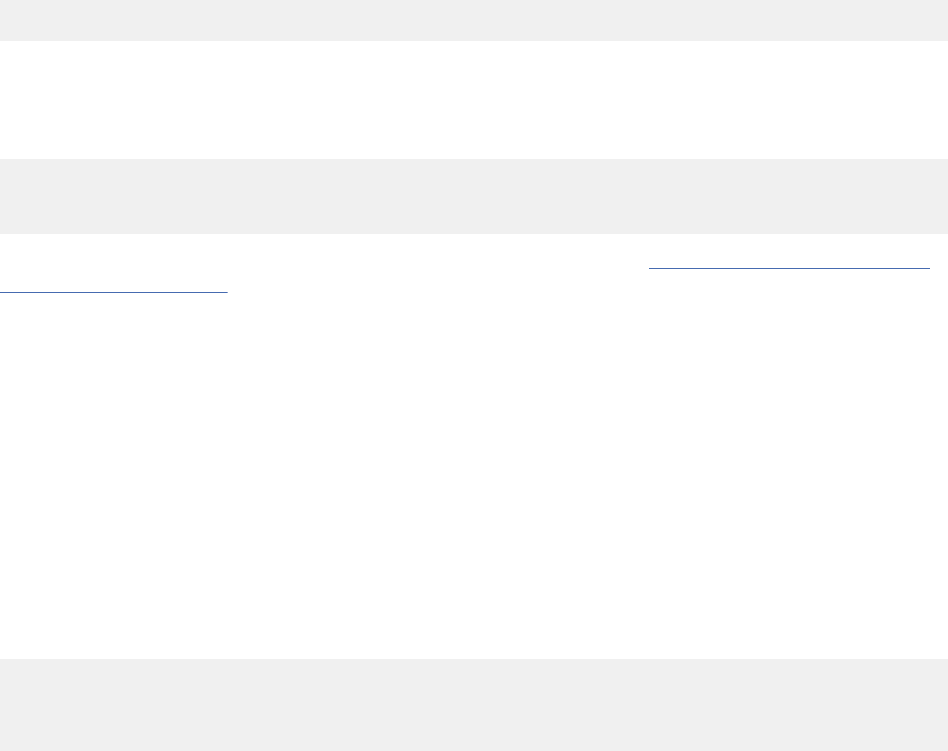
Two factors that influence the amount of time that Db2 requires to process the OPEN statement are:
• Whether Db2 must perform any sorts before it can retrieve rows
• Whether Db2 uses parallelism to process the SELECT statement of the cursor
Specifying the action that the row cursor is to take when it reaches the end of the data
Your program must be coded to recognize and handle an end-of-data condition whenever you use a row
cursor to fetch a row.
About this task
To determine whether the program has retrieved the last row of data, test the SQLCODE eld for a value
of 100 or the SQLSTATE eld for a value of '02000'. These codes occur when a FETCH statement has
retrieved the last row in the result table and your program issues a subsequent FETCH. For example:
IF SQLCODE = 100 GO TO DATA-NOT-FOUND.
An alternative to this technique is to code the WHENEVER NOT FOUND statement. The WHENEVER NOT
FOUND statement causes your program to branch to another part that then issues a CLOSE statement. For
example, to branch to label DATA-NOT-FOUND when the FETCH statement does not return a row, use this
statement:
EXEC SQL
WHENEVER NOT FOUND GO TO DATA-NOT-FOUND
END-EXEC.
For more information about the WHENEVER NOT FOUND statement, see “Checking the execution of SQL
statements” on page 525.
Executing SQL statements by using a row cursor
You can use row cursors to execute FETCH statements, positioned UPDATE statements, and positioned
DELETE statements.
About this task
Execute a FETCH statement for one of the following purposes:
• To copy data from a row of the result table into one or more host variables
• To position the cursor before you perform a positioned update or positioned delete operation
The following example shows a FETCH statement that retrieves selected columns from the employee
table:
EXEC SQL
FETCH C1 INTO
:HV-EMPNO, :HV-FIRSTNME, :HV-MIDINIT, :HV-LASTNAME, :HV-SALARY :IND-SALARY
END-EXEC.
The SELECT statement within DECLARE CURSOR statement identies the result table from which you
fetch rows, but Db2 does not retrieve any data until your application program executes a FETCH
statement.
When your program executes the FETCH statement, Db2 positions the cursor on a row in the result
table. That row is called the current row. Db2 then copies the current row contents into the program
host variables that you specify on the INTO clause of FETCH. This sequence repeats each time you issue
FETCH, until you process all rows in the result table.
The row that Db2 points to when you execute a FETCH statement depends on whether the cursor is
declared as a scrollable or non-scrollable.
406
Db2 12 for z/OS: Application Programming and SQL Guide (Last updated: 2024-07-30)

When you query a remote subsystem with FETCH, consider using block fetch for better performance.
Block fetch processes rows ahead of the current row. You cannot use a block fetch when you perform a
positioned update or delete operation.
After your program has executed a FETCH statement to retrieve the current row, you can use a positioned
UPDATE statement to modify the data in that row. An example of a positioned UPDATE statement is:
EXEC SQL
UPDATE DSN8C10.EMP
SET SALARY = 50000
WHERE CURRENT OF C1
END-EXEC.
A positioned UPDATE statement updates the row on which the cursor is positioned.
A positioned UPDATE statement is subject to these restrictions:
• You cannot update a row if your update violates any unique, check, or referential constraints.
• You cannot use an UPDATE statement to modify the rows of a created temporary table. However, you
can use an UPDATE statement to modify the rows of a declared temporary table.
• If the right side of the SET clause in the UPDATE statement contains a fullselect, that fullselect cannot
include a correlated name for a table that is being updated.
• You cannot use an SQL data change statement in the FROM clause of a SELECT statement that denes a
cursor that is used in a positioned UPDATE statement.
• A positioned UPDATE statement will fail if the value of the security label column of the row where the
cursor is positioned is not equivalent to the security label value of your user id. If your user id has write
down privilege, a positioned UPDATE statement will fail if the value of the security label column of the
row where the cursor is positioned does not dominate the security label value of your user id.
After your program has executed a FETCH statement to retrieve the current row, you can use a positioned
DELETE statement to delete that row. A example of a positioned DELETE statement looks like this:
EXEC SQL
DELETE FROM DSN8C10.EMP
WHERE CURRENT OF C1
END-EXEC.
A positioned DELETE statement deletes the row on which the cursor is positioned.
A positioned DELETE statement is subject to these restrictions:
• You cannot use a DELETE statement with a cursor to delete rows from a created temporary table.
However, you can use a DELETE statement with a cursor to delete rows from a declared temporary
table.
• After you have deleted a row, you cannot update or delete another row using that cursor until you
execute a FETCH statement to position the cursor on another row.
• You cannot delete a row if doing so violates any referential constraints.
• You cannot use an SQL data change statement in the FROM clause of a SELECT statement that denes a
cursor that is used in a positioned DELETE statement.
• A positioned DELETE statement will fail if the value of the security label column of the row where the
cursor is positioned is not equivalent to the security label value of your user id. If your user id has write
down privilege, a positioned DELETE statement will fail if the value of the security label column of the
row where the cursor is positioned does not dominate the security label value of your user id.
Chapter 3. Db2 SQL programming
407

Closing a row cursor
Close a row cursor when it nishes processing rows if you want to free the resources or if you want to use
the cursor again. Otherwise, you can let Db2 automatically close the cursor when the current transaction
terminates or when your program terminates.
About this task
To free the resources that are held by the cursor, close the cursor explicitly by issuing the CLOSE
statement.
If you want to use the rowset cursor again, reopen it.
Procedure
Issue a CLOSE statement.
An example of a CLOSE statement looks like this:
EXEC SQL
CLOSE C1
END-EXEC.
Accessing data by using a rowset-positioned cursor
A rowset-positioned cursor is a cursor that can return one or more rows for a single fetch operation. The
cursor is positioned on the set of rows that are to be fetched.
Procedure
To access data by using a rowset-positioned cursor:
1. Execute a DECLARE CURSOR statement to dene the result table on which the cursor operates. See
“Declaring a rowset cursor” on page 408.
2. Execute an OPEN CURSOR to make the cursor available to the application. See “Opening a rowset
cursor” on page 409.
3. Specify what the program is to do when all rows have been retrieved. See “Specifying the action that
the rowset cursor is to take when it reaches the end of the data” on page 409.
4. Execute multiple SQL statements to retrieve data from the table or modify selected rows of the table.
See “Executing SQL statements by using a rowset cursor” on page 409.
5. Execute a CLOSE CURSOR statement to make the cursor unavailable to the application. See “Closing a
rowset cursor” on page 413.
Results
Your program can have several cursors, each of which performs the previous steps.
Declaring a rowset cursor
Before you can use a rowset-positioned cursor to retrieve rows, you must declare a cursor that is enabled
to fetch rowsets. When you declare a cursor, you identify a set of rows that are to be accessed with the
cursor.
About this task
For restrictions that apply to rowset-positioned cursors and row-positioned cursors, see “Declaring a row
cursor” on page 404.
408
Db2 12 for z/OS: Application Programming and SQL Guide (Last updated: 2024-07-30)

Procedure
Use the WITH ROWSET POSITIONING clause in the DECLARE CURSOR statement.
The following example shows how to declare a rowset cursor:
EXEC SQL
DECLARE C1 CURSOR WITH ROWSET POSITIONING FOR
SELECT EMPNO, LASTNAME, SALARY
FROM DSN8C10.EMP
END-EXEC.
Opening a rowset cursor
After you declare a rowset cursor, you need to tell Db2 that you are ready to process the rst rowset of the
result table. This action is called opening the cursor.
About this task
To open a rowset cursor, execute the OPEN statement in your program. Db2 then uses the SELECT
statement within DECLARE CURSOR to identify the rows in the result table. For more information about
the OPEN CURSOR process, see “Opening a row cursor” on page 405
.
Specifying the action that the rowset cursor is to take when it reaches the end of the
data
Your program must be coded to recognize and handle an end-of-data condition whenever you use a
rowset cursor to fetch rows.
About this task
To determine whether the program has retrieved the last row of data in the result table, test the SQLCODE
eld for a value of +100 or the SQLSTATE eld for a value of '02000'. With a rowset cursor, these codes
occur when a FETCH statement retrieves the last row in the result table. However, when the last row has
been retrieved, the program must still process the rows in the last rowset through that last row. For an
example of end-of-data processing for a rowset cursor, see “Examples of fetching rows by using cursors”
on page 426.
To determine the number of retrieved rows, use either of the following values:
• The contents of the SQLERRD(3) eld in the SQLCA
• The contents of the ROW_COUNT item of GET DIAGNOSTICS
For information about GET DIAGNOSTICS, see “Checking the execution of SQL statements by using the
GET DIAGNOSTICS statement ” on page 532.
If you declare the cursor as dynamic scrollable, and SQLCODE has the value +100, you can continue with
a FETCH statement until no more rows are retrieved. Additional fetches might retrieve more rows because
a dynamic scrollable cursor is sensitive to updates by other application processes. For information about
dynamic cursors, see “Types of cursors” on page 399.
Executing SQL statements by using a rowset cursor
You can use rowset cursors to execute multiple-row FETCH statements, positioned UPDATE statements,
and positioned DELETE statements.
About this task
You can execute these static SQL statements when you use a rowset cursor:
• A multiple-row FETCH statement that copies a rowset of column values into either of the following data
areas:
– Host-variable arrays that are declared in your program
Chapter 3. Db2 SQL programming
409

– Dynamically-allocated arrays whose storage addresses are put into an SQL descriptor area (SQLDA),
along with the attributes of the columns that are to be retrieved
• After either form of the multiple-row FETCH statement, you can issue:
– A positioned UPDATE statement on the current rowset
– A positioned DELETE statement on the current rowset
You must use the WITH ROWSET POSITIONING clause of the DECLARE CURSOR statement if you plan to
use a rowset-positioned FETCH statement.
The following example shows a FETCH statement that retrieves 20 rows into host-variable arrays that are
declared in your program:
EXEC SQL
FETCH NEXT ROWSET FROM C1
FOR 20 ROWS
INTO :HVA-EMPNO, :HVA-LASTNAME, :HVA-SALARY :INDA-SALARY
END-EXEC.
When your program executes a FETCH statement with the ROWSET keyword, the cursor is positioned
on a rowset in the result table. That rowset is called the current rowset. The dimension of each of the
host-variable arrays must be greater than or equal to the number of rows to be retrieved.
Suppose that you want to dynamically allocate the storage needed for the arrays of column values that
are to be retrieved from the employee table. You must:
1. Declare an SQLDA structure and the variables that reference the SQLDA.
2. Dynamically allocate the SQLDA and the arrays needed for the column values.
3. Set the elds in the SQLDA for the column values to be retrieved.
4. Open the cursor.
5. Fetch the rows.
You must rst declare the SQLDA structure. The following SQL INCLUDE statement requests a standard
SQLDA declaration:
EXEC SQL INCLUDE SQLDA;
Your program must also declare variables that reference the SQLDA structure, the SQLVAR structure
within the SQLDA, and the DECLEN structure for the precision and scale if you are retrieving a DECIMAL
column. For C programs, the code looks like this:
struct sqlda *sqldaptr;
struct sqlvar *varptr;
struct DECLEN {
unsigned char precision;
unsigned char scale;
};
Before you can set the elds in the SQLDA for the column values to be retrieved, you must dynamically
allocate storage for the SQLDA structure. For C programs, the code looks like this:
sqldaptr = (struct sqlda *) malloc (3 * 44 + 16);
The size of the SQLDA is SQLN * 44 + 16, where the value of the SQLN eld is the number of output
columns.
You must set the elds in the SQLDA structure for your FETCH statement. Suppose you want to retrieve
the columns EMPNO, LASTNAME, and SALARY. The C code to set the SQLDA elds for these columns
looks like this:
strcpy(sqldaptr->sqldaid,"SQLDA");
sqldaptr->sqldabc = 148; /* number bytes of storage allocated for the SQLDA */
sqldaptr->sqln = 3; /* number of SQLVAR occurrences */
sqldaptr->sqld = 3;
410
Db2 12 for z/OS: Application Programming and SQL Guide (Last updated: 2024-07-30)

varptr = (struct sqlvar *) (&(sqldaptr->sqlvar[0])); /* Point to first SQLVAR */
varptr->sqltype = 452; /* data type CHAR(6) */
varptr->sqllen = 6;
varptr->sqldata = (char *) hva1;
varptr->sqlind = (short *) inda1;
varptr->sqlname.length = 8;
memcpy(varptr->sqlname.data, "\x00\x00\x00\x00\x00\x01\x00\x14",varptr->sqlname.length);
varptr = (struct sqlvar *) (&(sqldaptr->sqlvar[0]) + 1); /* Point to next SQLVAR */
varptr->sqltype = 448; /* data type VARCHAR(15) */
varptr->sqllen = 15;
varptr->sqldata = (char *) hva2;
varptr->sqlind = (short *) inda2;
varptr->sqlname.length = 8;
memcpy(varptr->sqlname.data, "\x00\x00\x00\x00\x00\x01\x00\x14",varptr->sqlname.length);
varptr = (struct sqlvar *) (&(sqldaptr->sqlvar[0]) + 2); /* Point to next SQLVAR */
varptr->sqltype = 485; /* data type DECIMAL(9,2) */
((struct DECLEN *) &(varptr->sqllen))->precision = 9;
((struct DECLEN *) &(varptr->sqllen))->scale = 2;
varptr->sqldata = (char *) hva3;
varptr->sqlind = (short *) inda3;
varptr->sqlname.length = 8;
memcpy(varptr->sqlname.data, "\x00\x00\x00\x00\x00\x01\x00\x14",varptr->sqlname.length);
The SQLDA structure has these elds:
• SQLDABC indicates the number of bytes of storage that are allocated for the SQLDA. The storage
includes a 16-byte header and 44 bytes for each SQLVAR eld. The value is SQLN x 44 + 16, or 148 for
this example.
• SQLN is the number of SQLVAR occurrences (or the number of output columns).
• SQLD is the number of variables in the SQLDA that are used by Db2 when processing the FETCH
statement.
• Each SQLVAR occurrence describes a host-variable array or buffer into which the values for a column in
the result table are to be returned. Within each SQLVAR:
– SQLTYPE indicates the data type of the column.
– SQLLEN indicates the length of the column. If the data type is DECIMAL, this eld has two parts: the
PRECISION and the SCALE.
– SQLDATA points to the rst element of the array for the column values. For this example, assume that
your program allocates the dynamic variable arrays hva1, hva2, and hva3, and their indicator arrays
inda1, inda2, and inda3.
– SQLIND points to the rst element of the array of indicator values for the column. If SQLTYPE is an
odd number, this attribute is required. (If SQLTYPE is an odd number, null values are allowed for the
column.)
– SQLNAME has two parts: the LENGTH and the DATA. The LENGTH is 8. The rst two bytes of the DATA
eld is X'0000'. Bytes 5 and 6 of the DATA eld are a flag indicating whether the variable is an array or
a FOR n ROWS value. Bytes 7 and 8 are a two-byte binary integer representation of the dimension of
the array.
You can open the cursor only after all of the elds have been set in the output SQLDA:
EXEC SQL OPEN C1;
After the OPEN statement, the program fetches the next rowset:
EXEC SQL
FETCH NEXT ROWSET FROM C1
FOR 20 ROWS
USING DESCRIPTOR :*sqldaptr;
The USING clause of the FETCH statement names the SQLDA that describes the columns that are to be
retrieved.
After your program executes a FETCH statement to establish the current rowset, you can use a positioned
UPDATE statement with either of the following clauses:
• Use WHERE CURRENT OF to modify all of the rows in the current rowset
Chapter 3. Db2 SQL programming
411
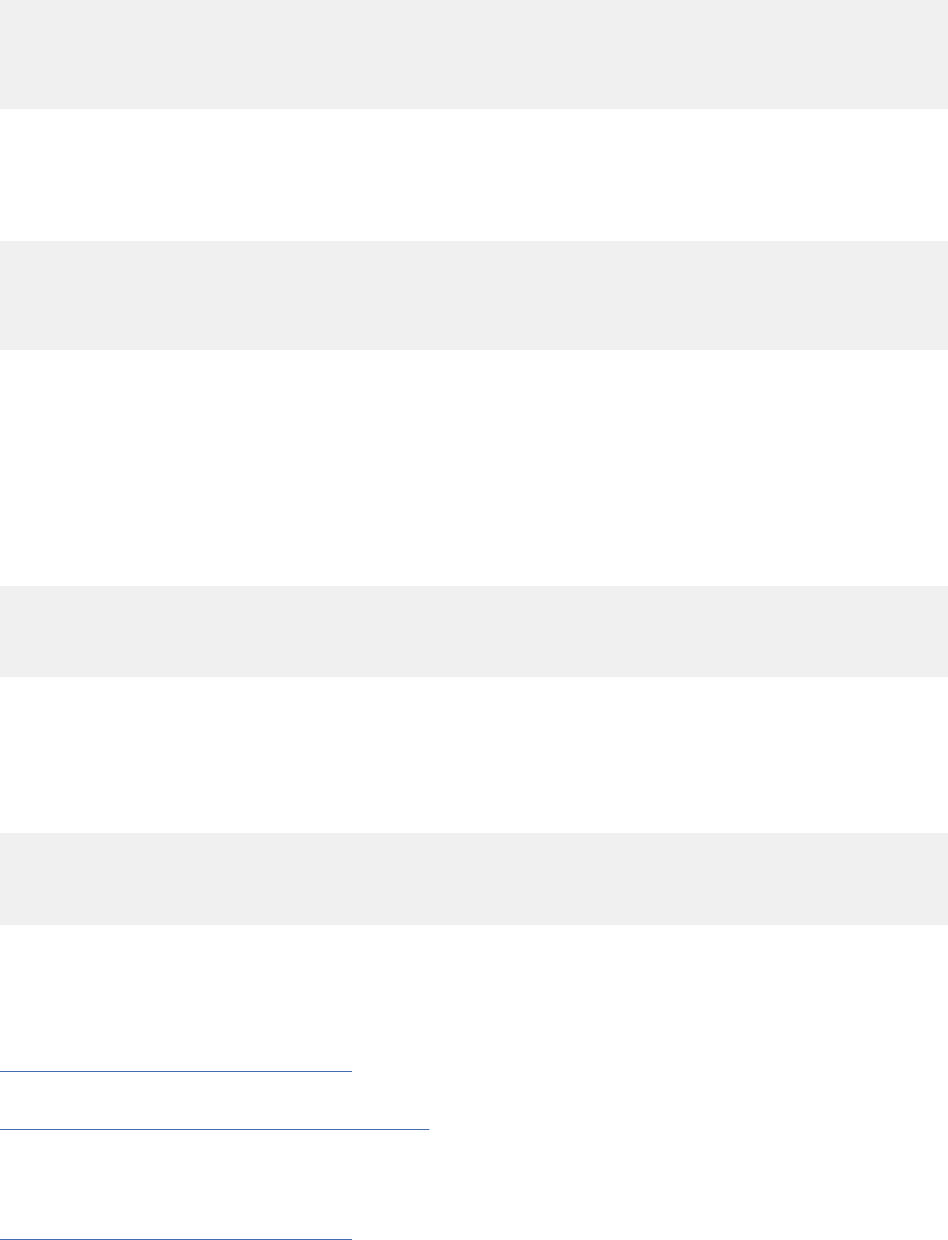
• Use FOR ROW n OF ROWSET to modify row n in the current rowset
An example of a positioned UPDATE statement that uses the WHERE CURRENT OF clause is:
EXEC SQL
UPDATE DSN8C10.EMP
SET SALARY = 50000
WHERE CURRENT OF C1
END-EXEC.
When the UPDATE statement is executed, the cursor must be positioned on a row or rowset of the result
table. If the cursor is positioned on a row, that row is updated. If the cursor is positioned on a rowset, all
of the rows in the rowset are updated.
An example of a positioned UPDATE statement that uses the FOR ROW n OF ROWSET clause is:
EXEC SQL
UPDATE DSN8C10.EMP
SET SALARY = 50000
FOR CURSOR C1 FOR ROW 5 OF ROWSET
END-EXEC.
When the UPDATE statement is executed, the cursor must be positioned on a rowset of the result table.
The specied row (in the example, row 5) of the current rowset is updated.
After your program executes a FETCH statement to establish the current rowset, you can use a positioned
DELETE statement with either of the following clauses:
• Use WHERE CURRENT OF to delete all of the rows in the current rowset
• Use FOR ROW n OF ROWSET to delete row n in the current rowset
An example of a positioned DELETE statement that uses the WHERE CURRENT OF clause is:
EXEC SQL
DELETE FROM DSN8C10.EMP
WHERE CURRENT OF C1
END-EXEC.
When the DELETE statement is executed, the cursor must be positioned on a row or rowset of the result
table. If the cursor is positioned on a row, that row is deleted, and the cursor is positioned before the next
row of its result table. If the cursor is positioned on a rowset, all of the rows in the rowset are deleted, and
the cursor is positioned before the next rowset of its result table.
An example of a positioned DELETE statement that uses the FOR ROW n OF ROWSET clause is:
EXEC SQL
DELETE FROM DSN8C10.EMP
FOR CURSOR C1 FOR ROW 5 OF ROWSET
END-EXEC.
When the DELETE statement is executed, the cursor must be positioned on a rowset of the result table.
The specied row of the current rowset is deleted, and the cursor remains positioned on that rowset. The
deleted row (in the example, row 5 of the rowset) cannot be retrieved or updated.
Related tasks
Including dynamic SQL in your program
Dynamic SQL is prepared and executed while the program is running.
Executing SQL statements by using a row cursor
You can use row cursors to execute FETCH statements, positioned UPDATE statements, and positioned
DELETE statements.
Related reference
SQL descriptor area (SQLDA) (Db2 SQL)
412
Db2 12 for z/OS: Application Programming and SQL Guide (Last updated: 2024-07-30)

Specifying the number of rows in a rowset
If you do not explicitly specify the number of rows in a rowset, Db2 implicitly determines the number of
rows based on the last fetch request.
About this task
To explicitly set the size of a rowset, use the FOR n ROWS clause in the FETCH statement. If a FETCH
statement species the ROWSET keyword, and not the FOR n ROWS clause, the size of the rowset is
implicitly set to the size of the rowset that was most recently specied in a prior FETCH statement. If a
prior FETCH statement did not specify the FOR n ROWS clause or the ROWSET keyword, the size of the
current rowset is implicitly set to 1. For examples of rowset positioning, see Table 74 on page 425.
Closing a rowset cursor
Close a rowset cursor when it nishes processing rows if you want to free the resources or if you want
to use the cursor again. Otherwise, you can let Db2 automatically close the cursor when the current
transaction terminates or when your program terminates.
About this task
To free the resources held by the cursor, close the cursor explicitly by issuing the CLOSE statement.
If you want to use the rowset cursor again, reopen it.
Procedure
Issue a CLOSE statement.
Retrieving rows by using a scrollable cursor
A scrollable cursor is cursor that can be moved in both a forward and a backward direction. Scrollable
cursors can be either row-positioned or rowset-positioned.
Procedure
When you open any cursor, the cursor is positioned before the rst row of the result table. You move
a scrollable cursor around in the result table by specifying a fetch orientation keyword in a FETCH
statement.
A fetch orientation keyword indicates the absolute or relative position of the cursor when the FETCH
statement is executed. The following table lists the fetch orientation keywords that you can specify and
their meanings. These keywords apply to both row-positioned scrollable cursors and rowset-positioned
scrollable cursors.
Table 72. Positions for a scrollable cursor
Keyword in FETCH statement Cursor position when FETCH is executed
“1.a” on page 414
BEFORE Before the rst row
FIRST or ABSOLUTE +1 On the rst row
LAST or ABSOLUTE -1 On the last row
AFTER After the last row
ABSOLUTE
“1.b” on page 414
On an absolute row number, from before the rst row
forward or from after the last row backward
RELATIVE
“1.b” on page 414
On the row that is forward or backward a relative number
of rows from the current row
Chapter 3. Db2 SQL programming413
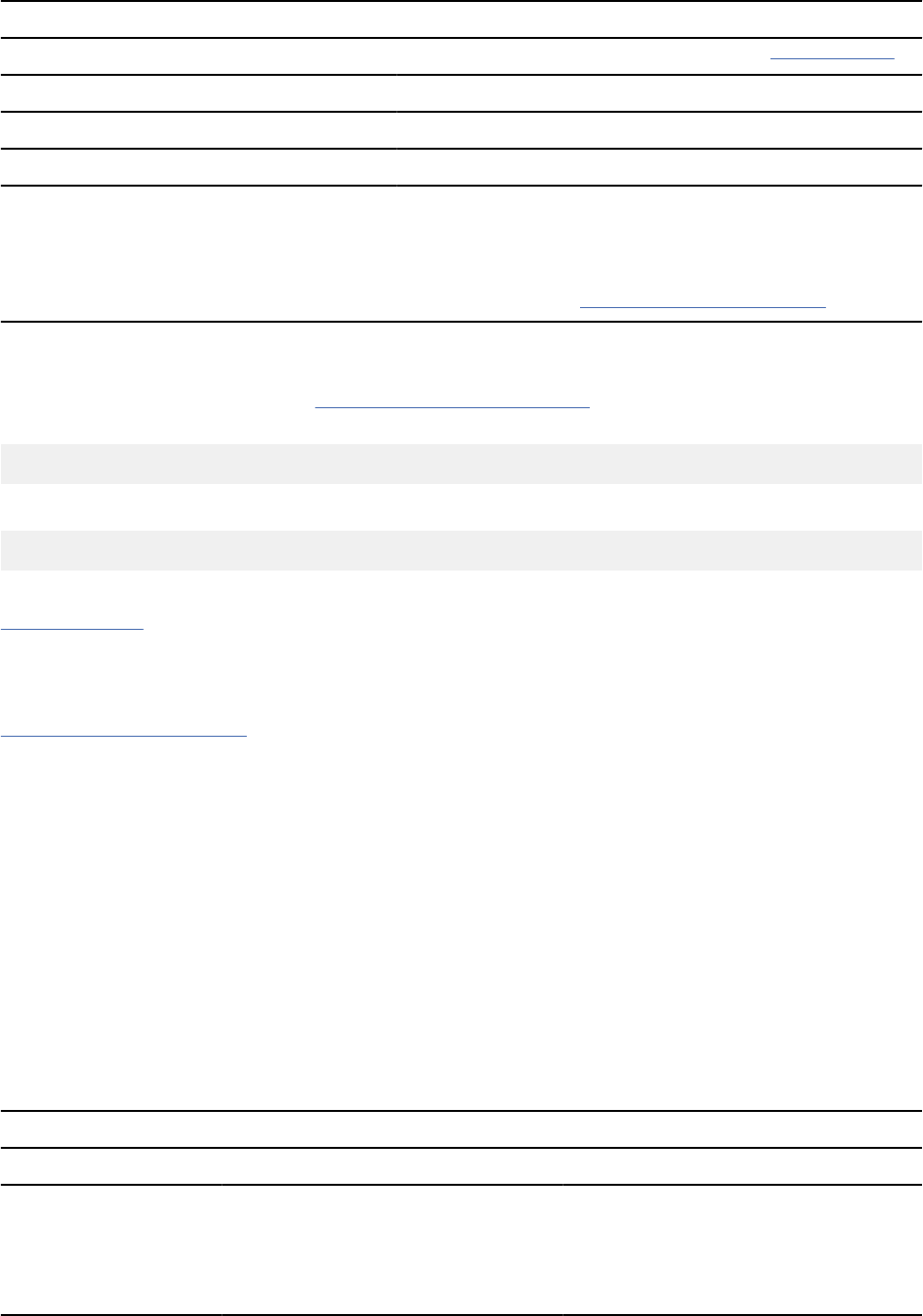
Table 72. Positions for a scrollable cursor (continued)
Keyword in FETCH statement Cursor position when FETCH is executed
“1.a” on page 414
CURRENT On the current row
PRIOR or RELATIVE -1 On the previous row
NEXT On the next row (default)
Table notes
a. The cursor position applies to both row position and rowset position, for example, before the rst
row or before the rst rowset.
b. For more information about ABSOLUTE and RELATIVE, see FETCH statement (Db2 SQL)
Example
To use the cursor that is declared in “Types of cursors” on page 399 to fetch the fth row of the result
table, use a FETCH statement like this:
EXEC SQL FETCH ABSOLUTE +5 C1 INTO :HVDEPTNO, :DEPTNAME, :MGRNO;
To fetch the fth row from the end of the result table, use this FETCH statement:
EXEC SQL FETCH ABSOLUTE -5 C1 INTO :HVDEPTNO, :DEPTNAME, :MGRNO;
Related concepts
Types of cursors
You can declare row-positioned or rowset-positioned cursors in a number of ways. These cursors can be
scrollable or not scrollable, held or not held, or returnable or not returnable.
Related reference
FETCH statement (Db2 SQL)
Comparison of scrollable cursors
Whether a scrollable cursor can view the changes that are made to the data by other processes or cursors
depends on how the cursor is declared. It also depends on the type of fetch operation that is executed.
When you declare a cursor as SENSITIVE STATIC, changes that other processes or cursors make to
the underlying table can be visible to the result table of the cursor. Whether those changes are visible
depends on whether you specify SENSITIVE or INSENSITIVE when you execute FETCH statements with
the cursor. When you specify FETCH INSENSITIVE, changes that other processes or other cursors make to
the underlying table are not visible in the result table. When you specify FETCH SENSITIVE, changes that
other processes or cursors make to the underlying table are visible in the result table.
When you declare a cursor as SENSITIVE DYNAMIC, changes that other processes or cursors make to the
underlying table are visible to the result table after the changes are committed.
The following table summarizes the sensitivity values and their effects on the result table of a scrollable
cursor.
Table 73. How sensitivity affects the result table for a scrollable cursor
DECLARE sensitivity FETCH INSENSITIVE FETCH SENSITIVE
INSENSITIVE No changes to the underlying table
are visible in the result table.
Positioned UPDATE and DELETE
statements using the cursor are not
allowed.
Not valid.
414Db2 12 for z/OS: Application Programming and SQL Guide (Last updated: 2024-07-30)
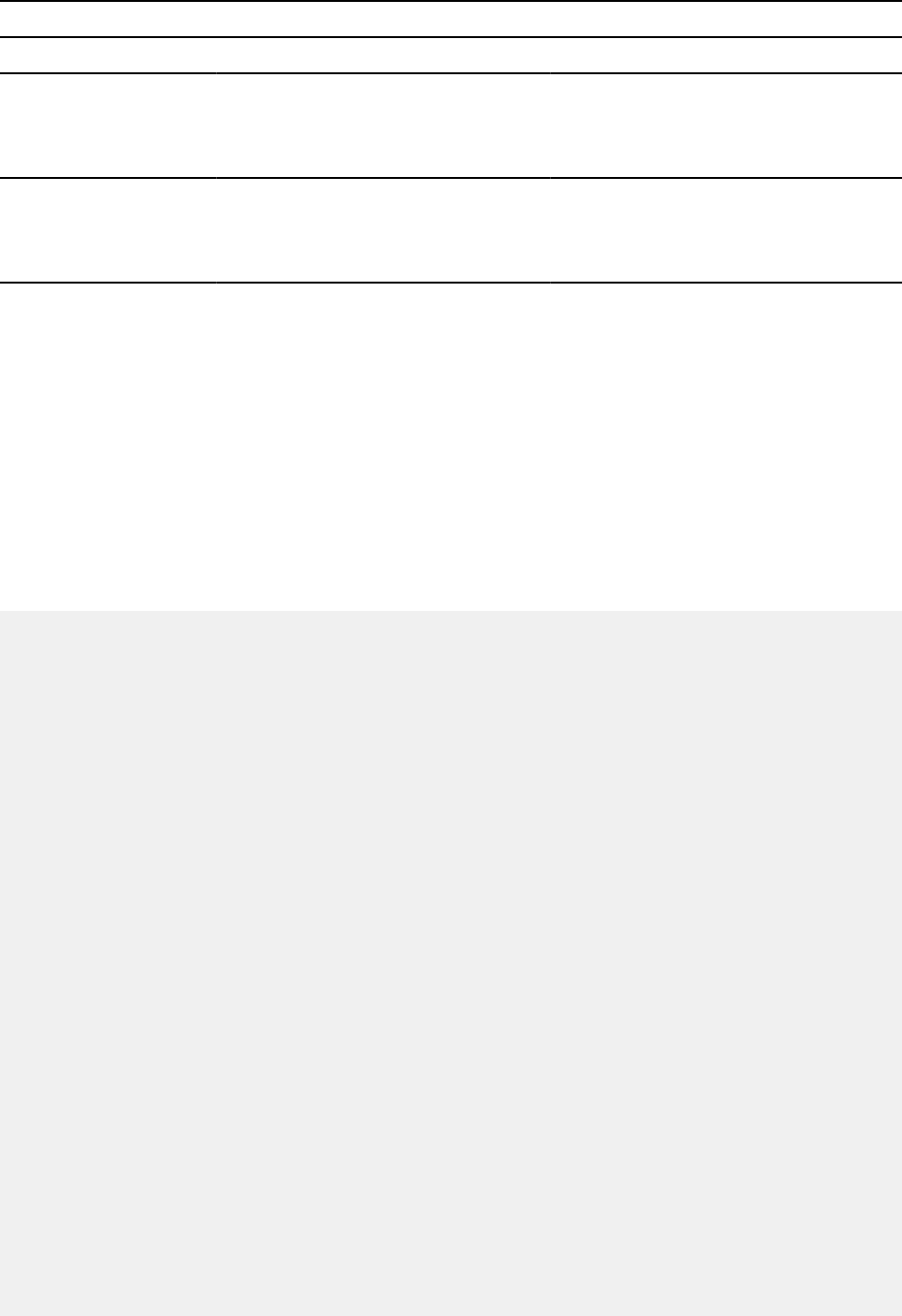
Table 73. How sensitivity affects the result table for a scrollable cursor (continued)
DECLARE sensitivity FETCH INSENSITIVE FETCH SENSITIVE
SENSITIVE STATIC Only positioned updates and deletes
that are made by the cursor are
visible in the result table.
All updates and deletes are visible in
the result table. Inserts made by other
processes are not visible in the result
table.
SENSITIVE DYNAMIC Not valid. All committed changes are visible in the
result table, including updates, deletes,
inserts, and changes in the order of the
rows.
Scrolling through a table in any direction
Use a scrollable cursor to move through the table in both a forward and a backward direction.
About this task
Question: How can I fetch rows from a table in any direction?
Answer: Declare your cursor as scrollable. When you select rows from the table, you can use the various
forms of the FETCH statement to move to an absolute row number, move ahead or back a certain number
of rows, to the rst or last row, before the rst row or after the last row, forward, or backward. You can use
any combination of these FETCH statements to change direction repeatedly.
You can use code like the following example to move forward in the department table by 10 records,
backward ve records, and forward again by three records:
/**************************/
/* Declare host variables */
/**************************/
EXEC SQL BEGIN DECLARE SECTION;
char[37] hv_deptname;
EXEC SQL END DECLARE SECTION;
/**********************************************************/
/* Declare scrollable cursor to retrieve department names */
/**********************************************************/
EXEC SQL DECLARE C1 SCROLL CURSOR FOR
SELECT DEPTNAME FROM DSN8C10.DEPT;
⋮
/**********************************************************/
/* Open the cursor and position it before the start of */
/* the result table. */
/**********************************************************/
EXEC SQL OPEN C1;
EXEC SQL FETCH BEFORE FROM C1;
/**********************************************************/
/* Fetch first 10 rows */
/**********************************************************/
for(i=0;i<10;i++)
{
EXEC SQL FETCH NEXT FROM C1 INTO :hv_deptname;
}
/**********************************************************/
/* Save the value in the tenth row */
/**********************************************************/
tenth_row=hv_deptname;
/**********************************************************/
/* Fetch backward 5 rows */
/**********************************************************/
for(i=0;i<5;i++)
{
EXEC SQL FETCH PRIOR FROM C1 INTO :hv_deptname;
}
/**********************************************************/
/* Save the value in the fifth row */
/**********************************************************/
fifth_row=hv_deptname;
/**********************************************************/
/* Fetch forward 3 rows */
/**********************************************************/
Chapter 3. Db2 SQL programming
415

for(i=0;i<3;i++)
{
EXEC SQL FETCH NEXT FROM C1 INTO :hv_deptname;
}
/**********************************************************/
/* Save the value in the eighth row */
/**********************************************************/
eighth_row=hv_deptname;
/**********************************************************/
/* Close the cursor */
/**********************************************************/
EXEC SQL CLOSE C1;
Determining the number of rows in the result table for a static scrollable cursor
You can determine how many rows are in the result table of an INSENSITIVE or SENSITIVE STATIC
scrollable cursor.
Procedure
To determine the number of rows in the result table for a static scrollable cursor, follow these steps:
1. Execute a FETCH statement, such as FETCH AFTER, that positions the cursor after the last row.
2. Perform one of the following actions:
• Retrieve the values of elds SQLERRD(1) and SQLERRD(2) in the SQLCA (elds sqlerrd[0] and
sqlerrd[1] for C and C++). SQLERRD(1) and SQLERRD(2) together form a double-word value that
contains the number of rows in the result table.
• Issue a GET DIAGNOSTICS statement to retrieve the value of the DB2_NUMBER_ROWS item.
Example
The following C language code demonstrates how to obtain the number of rows in a result table of a
sensitive static cursor.
EXEC SQL INCLUDE SQLCA;
long int rowcount;
EXEC SQL
DECLARE SENSTAT SENSITIVE STATIC SCROLL CURSOR FOR
SELECT * FROM EMP;
EXEC SQL OPEN SENSTAT;
if (SQLCODE==0) {
EXEC SQL FETCH AFTER SENSTAT; /* Position the cursor after the end */
/* of the result table */
if (SQLCODE==0) {
/************************************/
/* Get the row count from the SQLCA */
/************************************/
printf("%s \n","Row count from SQLCA: ");
printf("%s %d\n","SQLERRD1: High-order word: ",sqlca.sqlerrd[0]);
/* Get the high-order word of the */
/* result table size */
printf("%s %d\n","SQLERRD2: Low-order word: ",sqlca.sqlerrd[1]);
/* Get the low-order word of the */
/* result table size */
/******************************************/
/* Get the row count from GET DIAGNOSTICS */
/******************************************/
EXEC SQL GET DIAGNOSTICS :rowcount = DB2_NUMBER_ROWS;
if (SQLCODE==0) {
printf("%s %d\n","Row count from GET DIAGNOSTICS: ",rowcount);
}
}
}
416
Db2 12 for z/OS: Application Programming and SQL Guide (Last updated: 2024-07-30)
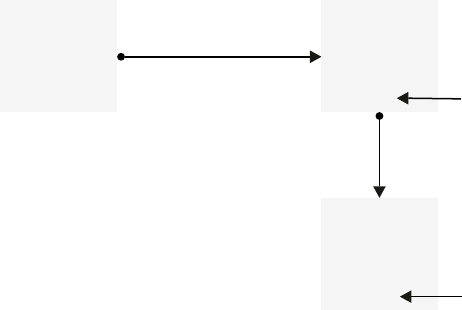
Removing a delete hole or update hole
If you try to fetch data from a delete hole or an update hole, Db2 issues an SQL warning. If you try to
update or to delete a delete hole or delete an update hole, Db2 issues an SQL error.
About this task
You can remove a delete hole only by opening the scrollable cursor, setting a savepoint, executing a
positioned DELETE statement with the scrollable cursor, and rolling back to the savepoint.
You can convert an update hole back to a result table row by updating the row in the base table, as shown
in the following gure. You can update the base table with a searched UPDATE statement in the same
application process, or a searched or positioned UPDATE statement in another application process. After
you update the base table, if the row qualies for the result table, the update hole disappears.
EXEC SQL OPEN C4;
EXEC SQL
UPDATE A
SET COL 1=COL1+1;
Update hole
EXEC SQL UPDATE A
SET COL 1=COL1-1;
Update hole disappears
1
2
3
4
5
2
3
4
5
6
1
2
3
4
5
Figure 21. Removing an update hole
A hole becomes visible to a cursor when a cursor operation returns a non-zero SQLCODE. The point at
which a hole becomes visible depends on the following factors:
• Whether the scrollable cursor creates the hole
• Whether the FETCH statement is FETCH SENSITIVE or FETCH INSENSITIVE
If the scrollable cursor creates the hole, the hole is visible when you execute a FETCH statement for the
row that contains the hole. The FETCH statement can be FETCH INSENSITIVE or FETCH SENSITIVE.
If an update or delete operation outside the scrollable cursor creates the hole, the hole is visible at the
following times:
• If you execute a FETCH SENSITIVE statement for the row that contains the hole, the hole is visible when
you execute the FETCH statement.
• If you execute a FETCH INSENSITIVE statement, the hole is not visible when you execute the FETCH
statement. Db2 returns the row as it was before the update or delete operation occurred. However, if
you follow the FETCH INSENSITIVE statement with a positioned UPDATE or DELETE statement, the hole
becomes visible.
Holes in the result table of a scrollable cursor
A hole in the result table means that the result table does not shrink to ll the space of deleted rows.
It also does not shrink to ll the space of rows that have been updated and no longer satisfy the
search condition. You cannot access a delete or update hole. However, you can remove holes in specic
situations.
In some situations, you might not be able to fetch a row from the result table of a scrollable cursor,
depending on how the cursor is declared:
Chapter 3. Db2 SQL programming
417

• Scrollable cursors that are declared as INSENSITIVE or SENSITIVE STATIC follow a static model, which
means that Db2 determines the size of the result table and the order of the rows when you open the
cursor.
Deleting or updating rows after a static cursor is open can result in holes in the result table. See
“Removing a delete hole or update hole” on page 417.
• Scrollable cursors that are declared as SENSITIVE DYNAMIC follow a dynamic model, which means that
the size and contents of the result table, and the order of the rows, can change after you open the
cursor.
A dynamic cursor scrolls directly on the base table. If the current row of the cursor is deleted or if it
is updated so that it no longer satises the search condition, and the next cursor operation is FETCH
CURRENT, then Db2 issues an SQL warning.
The following examples demonstrate how delete and update holes can occur when you use a SENSITIVE
STATIC scrollable cursor.
Creating a delete hole with a static scrollable cursor:
Suppose that table A consists of one integer column, COL1, which has the values shown in the following
gure.
1
2
3
4
5
Figure 22. Values for COL1 of table A
Now suppose that you declare the following SENSITIVE STATIC scrollable cursor, which you use to delete
rows from A:
EXEC SQL DECLARE C3 SENSITIVE STATIC SCROLL CURSOR FOR
SELECT COL1
FROM A
FOR UPDATE OF COL1;
Now you execute the following SQL statements:
EXEC SQL OPEN C3;
EXEC SQL FETCH ABSOLUTE +3 C3 INTO :HVCOL1;
EXEC SQL DELETE FROM A WHERE CURRENT OF C3;
The positioned delete statement creates a delete hole, as shown in the following gure.
1
2
3
4
5
1
2
3
4
5
Delete holete hole
EXEC SQL
FETCH ABSOLUTE +3 C3
INTO :HVCOL1;
EXEC SQL
DELETE FROM A
WHERE CURRENT OF C3;
Figure 23. Delete hole
After you execute the positioned delete statement, the third row is deleted from the result table, but the
result table does not shrink to ll the space that the deleted row creates.
418
Db2 12 for z/OS: Application Programming and SQL Guide (Last updated: 2024-07-30)
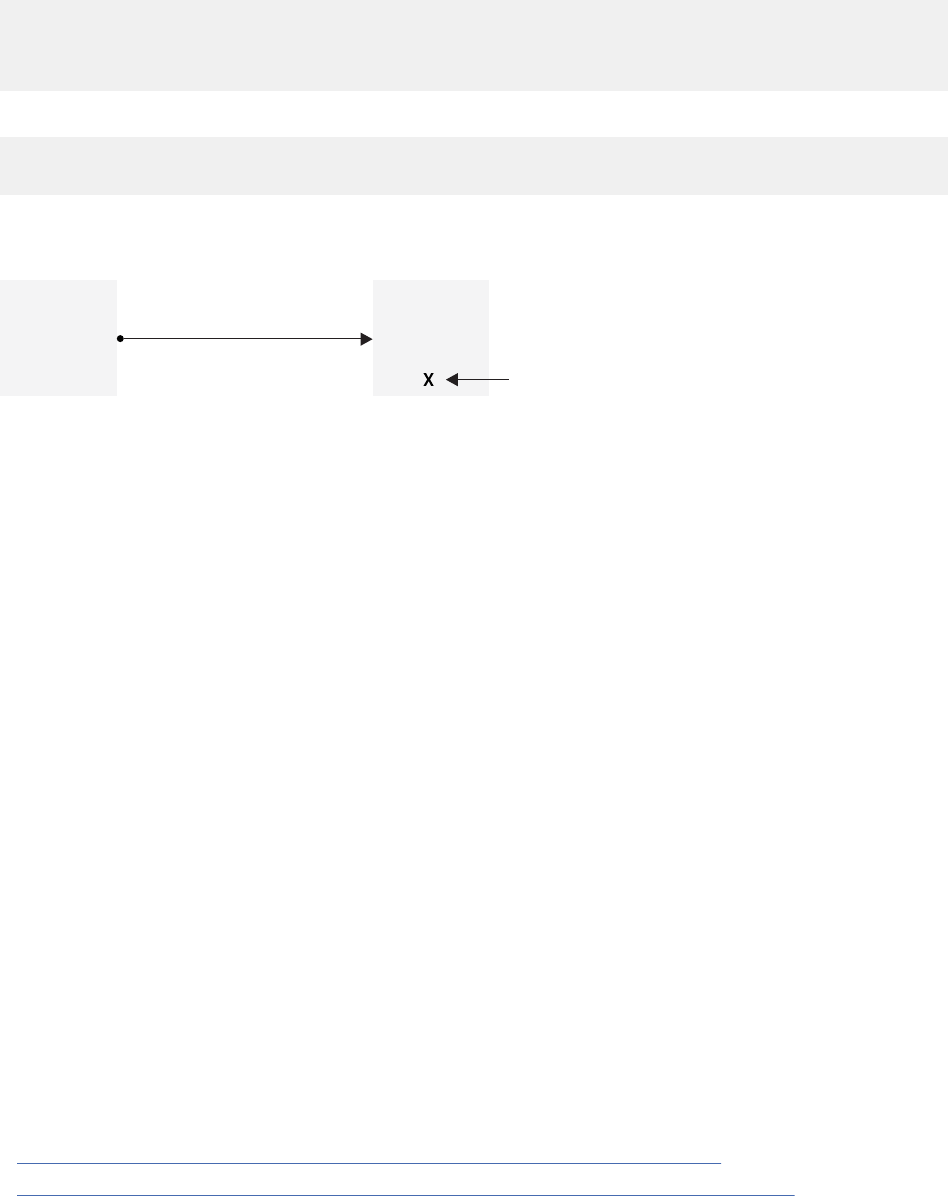
Creating an update hole with a static scrollable cursor
Suppose that you declare the following SENSITIVE STATIC scrollable cursor, which you use to update
rows in A:
EXEC SQL DECLARE C4 SENSITIVE STATIC SCROLL CURSOR FOR
SELECT COL1
FROM A
WHERE COL1<6;
Now you execute the following SQL statements:
EXEC SQL OPEN C4;
UPDATE A SET COL1=COL1+1;
The searched UPDATE statement creates an update hole, as shown in the following gure.
1
2
3
4
5
1
2
3
4
5
Update hole
EXEC SQL OPEN C4;
EXEC SQL
UPDATE A
SET COL1=COL1+1
Figure 24. Update hole
After you execute the searched UPDATE statement, the last row no longer qualies for the result table,
but the result table does not shrink to ll the space that the disqualied row creates.
Accessing XML or LOB data quickly by using FETCH WITH CONTINUE
Use the FETCH WITH CONTINUE statement to improve the performance of some queries that reference
XML and LOB columns with unknown or very large maximum lengths.
About this task
FETCH WITH CONTINUE breaks XML and LOB values into manageable pieces and processes the pieces
one at a time to avoid the following buffer allocation problems:
• Allocating overly large or unnecessary space for buffers. If some LOB values are shorter than the
maximum length for values in a column, you can waste buffer space if you allocate enough space for
the maximum length. The buffer allocation problem can be even worse for XML data because an XML
column does not have a dened maximum length. If you use FETCH WITH CONTINUE, you can allocate
more appropriate buffer space for the actual length of the XML and LOB values.
• Truncating very large XML and LOB data. If a very large XML or LOB value does not t in the host variable
buffer space that is provided by the application program, Db2 truncates the value. If the application
program retries this fetch with a larger buffer, two problems exist. First, when using a non-scrollable
cursor, you cannot re-fetch the current row without closing, reopening, and repositioning the cursor to
the row that was truncated. Second, if you do not use FETCH WITH CONTINUE, Db2 does not return the
actual length of the entire value to the application program. Thus, Db2 does not know how large a buffer
to reallocate. If you use FETCH WITH CONTINUE, Db2 preserves the truncated portion of the data for
subsequent retrieval and returns the actual length of the entire data value so that the application can
reallocate a buffer of the appropriate size.
Db2 provides two methods for using FETCH WITH CONTINUE with LOB and XML data:
• “Dynamically allocating buffers when fetching XML and LOB data” on page 419
• “Moving data through xed-size buffers when fetching XML and LOB data” on page 420
Dynamically allocating buffers when fetching XML and LOB data
If you specify FETCH WITH CONTINUE, Db2 returns information about which data does not t in the
buffer. Your application can then use the information about the truncated data to allocate an appropriate
Chapter 3. Db2 SQL programming
419
target buffer and execute a fetch operation with the CURRENT CONTINUE clause to retrieve the remaining
data.
Procedure
To use dynamic buffer allocation for LOB and XML data:
1. Use an initial FETCH WITH CONTINUE to fetch data into a pre-allocated buffer of a moderate size.
2. If the value is too large to t in the buffer, use the length information that is returned by Db2 to allocate
the appropriate amount of storage.
3. Use a single FETCH CURRENT CONTINUE statement to retrieve the remainder of the data.
Example
Suppose that table T1 was created with the following statement:
CREATE TABLE T1 (C1 INT, C2 CLOB(100M), C3 CLOB(32K), C4 XML);
A row exists in T1 where C1 contains a valid integer, C2 contains 10MB of data, C3 contains 32KB of data,
and C4 contains 4MB of data.
Now, suppose that you declare CURSOR1, prepare and describe statement DYNSQLSTMT1 with
descriptor sqlda, and open CURSOR1 with the following statements:
EXEC SQL DECLARE CURSOR1 CURSOR FOR DYNSQLSTMT1;
EXEC SQL PREPARE DYNSQLSTMT1 FROM 'SELECT * FROM T1';
EXEC SQL DESCRIBE DYNSQLSTMT1 INTO DESCRIPTOR :SQLDA;
EXEC SQL OPEN CURSOR1;
Next, suppose that you allocate moderately sized buffers (32 KB for each CLOB or XML column) and set
data pointers and lengths in SQLDA. Then, you use the following FETCH WITH CONTINUE statement:
EXEC SQL FETCH WITH CONTINUE CURSOR1 INTO DESCRIPTOR :SQLDA;
Because C2 and C4 contain data that do not t in the buffer, some of the data is truncated. Your
application can use the information that Db2 returns to allocate large enough buffers for the remaining
data and reset the data pointers and length elds in SQLDA. At that point, you can resume the fetch
and complete the process with the following FETCH CURRENT CONTINUE statement and CLOSE CURSOR
statement:
EXEC SQL FETCH CURRENT CONTINUE CURSOR1 INTO DESCRIPTOR :SQLDA;
EXEC SQL CLOSE CURSOR1;
The application needs to concatenate the two returned pieces of the data value. One technique is to move
the rst piece of data to the dynamically-allocated larger buffer before the FETCH CONTINUE. Set the
SQLDATA pointer in the SQLDA structure to point immediately after the last byte of this truncated value.
Db2 then writes the remaining data to this location and thus completes the concatenation.
Moving data through xed-size buffers when fetching XML and LOB data
If you use the WITH CONTINUE clause, Db2 returns information about which data does not t in the
buffer. Your application can then use repeated FETCH CURRENT CONTINUE operations to effectively
"stream" large XML and LOB data through a xed-size buffer, one piece at a time.
Procedure
To use xed buffer allocation for LOB and XML data, perform the following steps:
1. Use an initial FETCH WITH CONTINUE to fetch data into a pre-allocated buffer of a moderate size.
2.
If the value is too large to t in the buffer, use as many FETCH CONTINUE statements as necessary to
process all of the data through a xed buffer.
420
Db2 12 for z/OS: Application Programming and SQL Guide (Last updated: 2024-07-30)
After each FETCH operation, check whether a column was truncated by rst examining the SQLWARN1
eld in the returned SQLCA. If that eld contains a 'W' value, at least one column in the returned
row has been truncated. To then determine if a particular LOB or XML column was truncated, your
application must compare the value that is returned in the length eld with the declared length of the
host variable. If a column is truncated, continue to use FETCH CONTINUE statements until all of the
data has been retrieved.
After you fetch each piece of the data, move it out of the buffer to make way for the next fetch. Your
application can write the pieces to an output le or reconstruct the entire data value in a buffer above
the 2-GB bar.
Example
Suppose that table T1 was created with the following statement:
CREATE TABLE T1 (C1 INT, C2 CLOB(100M), C3 CLOB(32K), C4 XML);
A row exists in T1 where C2 contains 10 MB of data.
Now, suppose that you declare a 32 KB section CLOBHV:
EXEC SQL BEGIN DECLARE SECTION
DECLARE CLOBHV SQL TYPE IS CLOB(32767);
EXEC SQL END DECLARE SECTION.
Next, suppose that you use the following statements to declare and open CURSOR1 and to FETCH WITH
CONTINUE:
EXEC SQL DECLARE CURSOR1 CURSOR FOR SELECT C2 FROM T1;
EXEC SQL OPEN CURSOR1;
EXEC SQL FETCH WITH CONTINUE CURSOR1 INTO :CLOBHV;
As each piece of the data value is fetched, move it from the buffer to the output le.
Because the 10 MB value in C2 does not t into the 32 KB buffer, some of the data is truncated. Your
application can loop through the following FETCH CURRENT CONTINUE:
EXEC SQL FETCH CURRENT CONTINUE CURSOR1 INTO :CLOBHV;
After each FETCH operation, you can determine if the data was truncated by rst checking if the
SQLWARN1 eld in the returned SQLCA contains a 'W' value. If so, then check if the length value,
which is returned in CLOBHV_LENGTH, is greater than the declared length of 32767. (CLOBHV_LENGTH
is declared as part of the precompiler expansion of the CLOBHV declaration.) If the value is greater, that
value has been truncated and more data can be retrieved with the next FETCH CONTINUE operation.
When all of the data has moved to the output le, you can close the cursor:
EXEC SQL CLOSE CURSOR1;
Determining the attributes of a cursor by using the SQLCA
An SQL communications area (SQLCA) is an area that is set apart for communication with Db2 and
consists of a collection of variables. Using the SQLCA is one way to get information about any open
cursors. Alternatively, you can use the GET DIAGNOSTICS statement.
About this task
After you open a cursor, you can determine the following attributes of the cursor by checking the following
SQLWARN and SQLERRD elds of the SQLCA:
SQLWARN1
Indicates whether the cursor is scrollable or non-scrollable.
Chapter 3. Db2 SQL programming
421

SQLWARN4
Indicates whether the cursor is insensitive (I), sensitive static (S), or sensitive dynamic (D).
SQLWARN5
Indicates whether the cursor is read-only, readable and deletable, or readable, deletable, and
updatable.
SQLERRD(1) and SQLERRD(2)
These two elds together contain a double-word integer that represents the number of rows in the
result table of a cursor when the cursor is positioned after the last row. The cursor is positioned after
the last row when the SQLCODE is 100. These elds are not set for dynamic scrollable cursors.
SQLERRD(3)
The number of rows in the result table when the SELECT statement of the cursor contains a data
change statement.
If the OPEN statement executes with no errors or warnings, Db2 does not set SQLWARN0 when it sets
SQLWARN1, SQLWARN4, or SQLWARN5.
Related reference
Description of SQLCA elds (Db2 SQL)
Determining the attributes of a cursor by using the GET DIAGNOSTICS
statement
Using the GET DIAGNOSTICS statement is one way to get information about any open cursors.
Alternatively, you can use the SQLCA.
About this task
After you open a cursor, you can determine the following attributes of the cursor by checking these GET
DIAGNOSTICS items:
DB2_SQL_ATTR_CURSOR_HOLD
Indicates whether the cursor can be held open across commits (Y or N)
DB2_SQL_ATTR_CURSOR_ROWSET
Indicates whether the cursor can use rowset positioning (Y or N)
DB2_SQL_ATTR_CURSOR_SCROLLABLE
Indicates whether the cursor is scrollable (Y or N)
DB2_SQL_ATTR_CURSOR_SENSITIVITY
Indicates whether the cursor is insensitive or sensitive to changes that are made by other processes (I
or S)
DB2_SQL_ATTR_CURSOR_TYPE
Indicates whether the cursor is forward (F) declared static (S for INSENSITIVE or SENSITIVE STATIC)
or dynamic (D for SENSITIVE DYNAMIC)
For more information about the GET DIAGNOSTICS statement, see “Checking the execution of SQL
statements by using the GET DIAGNOSTICS statement ” on page 532.
Scrolling through previously retrieved data
To scroll backward through data, use a scrollable cursor, or use a ROWID column or identity column to
retrieve data in reverse order.
Procedure
When a program retrieves data from the database, it can scroll backward through the data by using one of
the following techniques:
• Use a scrollable cursor to fetch backward through data by following these steps:
a) Declare the cursor with the SCROLL keyword.
422
Db2 12 for z/OS: Application Programming and SQL Guide (Last updated: 2024-07-30)
b) Open the cursor.
c) Execute a FETCH statement to position the cursor at the end of the result table.
d) In a loop, execute FETCH statements that move the cursor backward and then retrieve the data.
e) When you have retrieved all the data, close the cursor.
For example, you can use code like the following example to retrieve department names in reverse
order from table DSN8C10.DEPT:
/**************************/
/* Declare host variables */
/**************************/
EXEC SQL BEGIN DECLARE SECTION;
char[37] hv_deptname;
EXEC SQL END DECLARE SECTION;
/**********************************************************/
/* Declare scrollable cursor to retrieve department names */
/**********************************************************/
EXEC SQL DECLARE C1 SCROLL CURSOR FOR
SELECT DEPTNAME FROM DSN8C10.DEPT;
⋮
/**********************************************************/
/* Open the cursor and position it after the end of the */
/* result table. */
/**********************************************************/
EXEC SQL OPEN C1;
EXEC SQL FETCH AFTER FROM C1;
/**********************************************************/
/* Fetch rows backward until all rows are fetched. */
/**********************************************************/
while(SQLCODE==0) {
EXEC SQL FETCH PRIOR FROM C1 INTO :hv_deptname;
⋮
}
EXEC SQL CLOSE C1;
• If the table contains a ROWID or an identity column, retrieve the values from that column into an array.
Then use the ROWID or identity column values to retrieve the rows in reverse order.
You can use the ROWID column or identity column to rapidly retrieve the rows in reverse order. When
you perform the original SELECT, you can store the ROWID or identity column value for each row
you retrieve. Then, to retrieve the values in reverse order, you can execute SELECT statements with a
WHERE clause that compares the ROWID or identity column value to each stored value.
For example, suppose you add ROWID column DEPTROWID to table DSN8C10.DEPT. You can use code
like the following example to select all department names, then retrieve the names in reverse order:
/**************************/
/* Declare host variables */
/**************************/
EXEC SQL BEGIN DECLARE SECTION;
SQL TYPE IS ROWID hv_dept_rowid;
char[37] hv_deptname;
EXEC SQL END DECLARE SECTION;
/***************************/
/* Declare other variables */
/***************************/
struct rowid_struct {
short int length;
char data[40]; /* ROWID variable structure */
}
struct rowid_struct rowid_array[200];
/* Array to hold retrieved */
/* ROWIDs. Assume no more */
/* than 200 rows will be */
/* retrieved. */
short int i,j,n;
/***********************************************/
/* Declare cursor to retrieve department names */
/***********************************************/
EXEC SQL DECLARE C1 CURSOR FOR
SELECT DEPTNAME, DEPTROWID FROM DSN8C10.DEPT;
⋮
/**********************************************************/
/* Retrieve the department name and ROWID from DEPT table */
/* and store the ROWID in an array. */
Chapter 3. Db2 SQL programming
423

/**********************************************************/
EXEC SQL OPEN C1;
i=0;
while(SQLCODE==0) {
EXEC SQL FETCH C1 INTO :hv_deptname, :hv_dept_rowid;
rowid_array[i].length=hv_dept_rowid.length;
for(j=0;j<hv_dept_rowid.length;j++)
rowid_array[i].data[j]=hv_dept_rowid.data[j];
i++;
}
EXEC SQL CLOSE C1;
n=i-1; /* Get the number of array elements */
/**********************************************************/
/* Use the ROWID values to retrieve the department names */
/* in reverse order. */
/**********************************************************/
for(i=n;i>=0;i--) {
hv_dept_rowid.length=rowid_array[i].length;
for(j=0;j<hv_dept_rowid.length;j++)
hv_dept_rowid.data[j]=rowid_array[i].data[j];
EXEC SQL SELECT DEPTNAME INTO :hv_deptname
FROM DSN8C10.DEPT
WHERE DEPTROWID=:hv_dept_rowid;
}
Related concepts
Row ID values (Db2 SQL)
Identity columns
An identity column contains a unique numeric value for each row in the table. Db2 can automatically
generate sequential numeric values for this column as rows are inserted into the table. Thus, identity
columns are ideal for primary key values, such as employee numbers or product numbers.
Related tasks
Retrieving rows by using a scrollable cursor
A scrollable cursor is cursor that can be moved in both a forward and a backward direction. Scrollable
cursors can be either row-positioned or rowset-positioned.
Updating previously retrieved data
To scroll backward through data and update it, use a scrollable cursor that is declared with the FOR
UPDATE clause.
About this task
If a cursor uses FETCH statements to retrieve columns that will be updated later, specify FOR UPDATE OF
when you select the columns. Then specify WHERE CURRENT OF in the subsequent UPDATE or DELETE
statements. These clauses prevent Db2 from selecting access through an index on the columns that are
being updated, which might otherwise cause Db2 to read the same row more than once.
Procedure
To update previously retrieved data, use these steps:
1. Declare the cursor with the SENSITIVE STATIC SCROLL keywords.
2. Open the cursor.
3. Issue a FETCH statement to position the cursor at the end of the result table.
4. Issue FETCH statements to move the cursor backward to the row that you want to update.
5. Specify the WHERE CURRENT OF clause in the UPDATE or DELETE statement that updates the current
row.
6. Repeat steps “4” on page 424
and “5” on page 424 until all required rows are updated.
7. When you have retrieved and updated all the data, close the cursor.
Related reference
update-clause (Db2 SQL)
DECLARE CURSOR statement (Db2 SQL)
424
Db2 12 for z/OS: Application Programming and SQL Guide (Last updated: 2024-07-30)
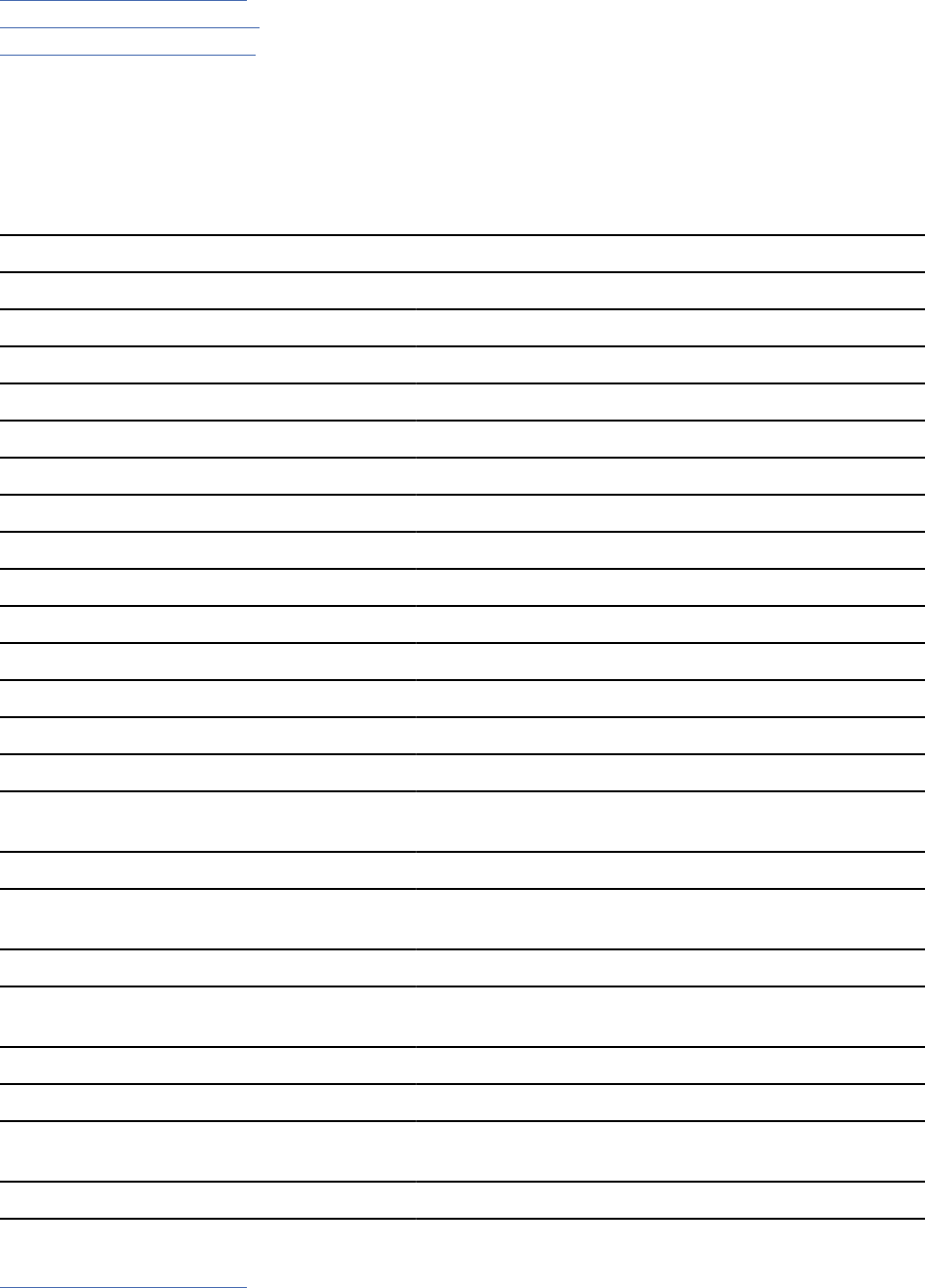
FETCH statement (Db2 SQL)
UPDATE statement (Db2 SQL)
DELETE statement (Db2 SQL)
FETCH statement interaction between row and rowset positioning
When you declare a cursor with the WITH ROWSET POSITIONING clause, you can intermix row-
positioned FETCH statements with rowset-positioned FETCH statements.
The following table shows the interaction between row and rowset positioning for a scrollable cursor.
Assume that you declare the scrollable cursor on a table with 15 rows.
Table 74. Interaction between row and rowset positioning for a scrollable cursor
Keywords in FETCH statement Cursor position when FETCH is executed
FIRST On row 1
FIRST ROWSET On a rowset of size 1, consisting of row 1
FIRST ROWSET FOR 5 ROWS On a rowset of size 5, consisting of rows 1, 2, 3, 4, and 5
CURRENT ROWSET On a rowset of size 5, consisting of rows 1, 2, 3, 4, and 5
CURRENT On row 1
NEXT (default) On row 2
NEXT ROWSET On a rowset of size 1, consisting of row 3
NEXT ROWSET FOR 3 ROWS On a rowset of size 3, consisting of rows 4, 5, and 6
NEXT ROWSET On a rowset of size 3, consisting of rows 7, 8, and 9
LAST On row 15
LAST ROWSET FOR 2 ROWS On a rowset of size 2, consisting of rows 14 and 15
PRIOR ROWSET On a rowset of size 2, consisting of rows 12 and 13
ABSOLUTE 2 On row 2
ROWSET STARTING AT ABSOLUTE 2 FOR 3
ROWS
On a rowset of size 3, consisting of rows 2, 3, and 4
RELATIVE 2 On row 4
ROWSET STARTING AT ABSOLUTE 2 FOR 4
ROWS
On a rowset of size 4, consisting of rows 2, 3, 4, and 5
RELATIVE -1 On row 1
ROWSET STARTING AT ABSOLUTE 3 FOR 2
ROWS
On a rowset of size 2, consisting of rows 3 and 4
ROWSET STARTING AT RELATIVE 4 On a rowset of size 2, consisting of rows 7 and 8
PRIOR On row 6
ROWSET STARTING AT ABSOLUTE 13 FOR 5
ROWS
On a rowset of size 3, consisting of rows 13, 14, and 15
FIRST ROWSET On a rowset of size 5, consisting of rows 1, 2, 3, 4, and 5
Related reference
FETCH statement (Db2 SQL)
Chapter 3. Db2 SQL programming
425

Examples of fetching rows by using cursors
You can use SQL statements that you include in a COBOL program to dene and use non-scrollable
cursor for row-positioned updates, scrollable cursors to retrieve rows backward, non-scrollable cursors
for rowset-positioned updates, and scrollable cursors for rowset-positioned operations.
The following example shows how to update a row by using a cursor.
**************************************************
* Declare a cursor that will be used to update *
* the JOB column of the EMP table. *
**************************************************
EXEC SQL
DECLARE THISEMP CURSOR FOR
SELECT EMPNO, LASTNAME,
WORKDEPT, JOB
FROM DSN8C10.EMP
WHERE WORKDEPT = 'D11'
FOR UPDATE OF JOB
END-EXEC.
**************************************************
* Open the cursor *
**************************************************
EXEC SQL
OPEN THISEMP
END-EXEC.
**************************************************
* Indicate what action to take when all rows *
* in the result table have been fetched. *
**************************************************
EXEC SQL
WHENEVER NOT FOUND
GO TO CLOSE-THISEMP
END-EXEC.
**************************************************
* Fetch a row to position the cursor. *
**************************************************
EXEC SQL
FETCH FROM THISEMP
INTO :EMP-NUM, :NAME2,
:DEPT, :JOB-NAME
END-EXEC.
**************************************************
* Update the row where the cursor is positioned. *
**************************************************
EXEC SQL
UPDATE DSN8C10.EMP
SET JOB = :NEW-JOB
WHERE CURRENT OF THISEMP
END-EXEC.
⋮
**************************************************
* Branch back to fetch and process the next row. *
**************************************************
⋮
**************************************************
* Close the cursor *
**************************************************
CLOSE-THISEMP.
EXEC SQL
CLOSE THISEMP
END-EXEC.
The following example shows how to retrieve data backward with a cursor.
**************************************************
* Declare a cursor to retrieve the data backward *
* from the EMP table. The cursor has access to *
* changes by other processes. *
**************************************************
EXEC SQL
DECLARE THISEMP SENSITIVE STATIC SCROLL CURSOR FOR
SELECT EMPNO, LASTNAME, WORKDEPT, JOB
FROM DSN8C10.EMP
END-EXEC.
**************************************************
* Open the cursor *
**************************************************
426
Db2 12 for z/OS: Application Programming and SQL Guide (Last updated: 2024-07-30)

EXEC SQL
OPEN THISEMP
END-EXEC.
**************************************************
* Indicate what action to take when all rows *
* in the result table have been fetched. *
**************************************************
EXEC SQL
WHENEVER NOT FOUND GO TO CLOSE-THISEMP
END-EXEC.
**************************************************
* Position the cursor after the last row of the *
* result table. This FETCH statement cannot *
* include the SENSITIVE or INSENSITIVE keyword *
* and cannot contain an INTO clause. *
**************************************************
EXEC SQL
FETCH AFTER FROM THISEMP
END-EXEC.
**************************************************
* Fetch the previous row in the table. *
**************************************************
EXEC SQL
FETCH SENSITIVE PRIOR FROM THISEMP
INTO :EMP-NUM, :NAME2, :DEPT, :JOB-NAME
END-EXEC.
**************************************************
* Check that the fetched row is not a hole *
* (SQLCODE +222). If not, print the contents. *
**************************************************
IF SQLCODE IS GREATER THAN OR EQUAL TO 0 AND
SQLCODE IS NOT EQUAL TO +100 AND
SQLCODE IS NOT EQUAL TO +222 THEN
PERFORM PRINT-RESULTS.
⋮
**************************************************
* Branch back to fetch the previous row. *
**************************************************
⋮
**************************************************
* Close the cursor *
**************************************************
CLOSE-THISEMP.
EXEC SQL
CLOSE THISEMP
END-EXEC.
The following example shows how to update an entire rowset with a cursor.
**************************************************
* Declare a rowset cursor to update the JOB *
* column of the EMP table. *
**************************************************
EXEC SQL
DECLARE EMPSET CURSOR
WITH ROWSET POSITIONING FOR
SELECT EMPNO, LASTNAME, WORKDEPT, JOB
FROM DSN8C10.EMP
WHERE WORKDEPT = 'D11'
FOR UPDATE OF JOB
END-EXEC.
**************************************************
* Open the cursor. *
**************************************************
EXEC SQL
OPEN EMPSET
END-EXEC.
**************************************************
* Indicate what action to take when end-of-data *
* occurs in the rowset being fetched. *
**************************************************
EXEC SQL
WHENEVER NOT FOUND
GO TO CLOSE-EMPSET
END-EXEC.
**************************************************
* Fetch next rowset to position the cursor. *
**************************************************
Chapter 3. Db2 SQL programming
427

EXEC SQL
FETCH NEXT ROWSET FROM EMPSET
FOR :SIZE-ROWSET ROWS
INTO :HVA-EMPNO, :HVA-LASTNAME,
:HVA-WORKDEPT, :HVA-JOB
END-EXEC.
**************************************************
* Update rowset where the cursor is positioned. *
**************************************************
UPDATE-ROWSET.
EXEC SQL
UPDATE DSN8C10.EMP
SET JOB = :NEW-JOB
WHERE CURRENT OF EMPSET
END-EXEC.
END-UPDATE-ROWSET.
⋮
**************************************************
* Branch back to fetch the next rowset. *
**************************************************
⋮
**************************************************
* Update the remaining rows in the current *
* rowset and close the cursor. *
**************************************************
CLOSE-EMPSET.
PERFORM UPDATE-ROWSET.
EXEC SQL
CLOSE EMPSET
END-EXEC.
The following example shows how to update specic rows with a rowset cursor.
*****************************************************
* Declare a static scrollable rowset cursor. *
*****************************************************
EXEC SQL
DECLARE EMPSET SENSITIVE STATIC SCROLL CURSOR
WITH ROWSET POSITIONING FOR
SELECT EMPNO, WORKDEPT, JOB
FROM DSN8C10.EMP
FOR UPDATE OF JOB
END-EXEC.
*****************************************************
* Open the cursor. *
*****************************************************
EXEC SQL
OPEN EMPSET
END-EXEC.
*****************************************************
* Fetch next rowset to position the cursor. *
*****************************************************
EXEC SQL
FETCH SENSITIVE NEXT ROWSET FROM EMPSET
FOR :SIZE-ROWSET ROWS
INTO :HVA-EMPNO,
:HVA-WORKDEPT :INDA-WORKDEPT,
:HVA-JOB :INDA-JOB
END-EXEC.
*****************************************************
* Process fetch results if no error and no hole. *
*****************************************************
IF SQLCODE >= 0
EXEC SQL GET DIAGNOSTICS
:HV-ROWCNT = ROW_COUNT
END-EXEC
PERFORM VARYING N FROM 1 BY 1 UNTIL N > HV-ROWCNT
IF INDA-WORKDEPT(N) NOT = -3
EVALUATE HVA-WORKDEPT(N)
WHEN ('D11')
PERFORM UPDATE-ROW
WHEN ('E11')
PERFORM DELETE-ROW
END-EVALUATE
END-IF
END-PERFORM
IF SQLCODE = 100
GO TO CLOSE-EMPSET
428
Db2 12 for z/OS: Application Programming and SQL Guide (Last updated: 2024-07-30)

END-IF
ELSE
EXEC SQL GET DIAGNOSTICS
:HV-NUMCOND = NUMBER
END-EXEC
PERFORM VARYING N FROM 1 BY 1 UNTIL N > HV-NUMCOND
EXEC SQL GET DIAGNOSTICS CONDITION :N
:HV-SQLCODE = DB2_RETURNED_SQLCODE,
:HV-ROWNUM = DB2_ROW_NUMBER
END-EXEC
DISPLAY "SQLCODE = " HV-SQLCODE
DISPLAY "ROW NUMBER = " HV-ROWNUM
END-PERFORM
GO TO CLOSE-EMPSET
END-IF.
⋮
*****************************************************
* Branch back to fetch and process *
* the next rowset. *
*****************************************************
⋮
*****************************************************
* Update row N in current rowset. *
*****************************************************
UPDATE-ROW.
EXEC SQL
UPDATE DSN8C10.EMP
SET JOB = :NEW-JOB
FOR CURSOR EMPSET FOR ROW :N OF ROWSET
END-EXEC.
END-UPDATE-ROW.
*****************************************************
* Delete row N in current rowset. *
*****************************************************
DELETE-ROW.
EXEC SQL
DELETE FROM DSN8C10.EMP
WHERE CURRENT OF EMPSET FOR ROW :N OF ROWSET
END-EXEC.
END-DELETE-ROW.
⋮
*****************************************************
* Close the cursor. *
*****************************************************
CLOSE-EMPSET.
EXEC SQL
CLOSE EMPSET
END-EXEC.
Specifying direct row access by using row IDs
For some applications, you can use the value of a ROWID column to navigate directly to a row.
Before you begin
Ensure that the query qualies for direct row access. To qualify, the search condition must be a Boolean
term, stage 1 predicate that ts one of the following criteria:
• A simple Boolean term predicate of the following form:
RID (table designator) = noncolumn expression
Where the noncolumn expression contains a result of a RID function.
• A compound Boolean term that combines several simple predicates by using the AND operator, where
one of the simple predicates ts the rst criteria.
About this task
Introductory concepts
ROWID data type (Introduction to Db2 for z/OS)
Chapter 3. Db2 SQL programming
429
A ROWID column uniquely identies each row in a table. With ROWID columns you can write queries that
navigate directly to a row in the table because the column implicitly contains the location of the row. You
can dene a ROWID column as either GENERATED BY DEFAULT or GENERATED ALWAYS:
• If you dene the column as GENERATED BY DEFAULT, you can insert a value. Db2 provides a default
value if you do not supply one. However, to be able to insert an explicit value (by using the INSERT
statement with the VALUES clause), you must create a unique index on that column.
• If you dene the column as GENERATED ALWAYS (which is the default), Db2 always generates a unique
value for the column. You cannot insert data into that column. In this case, Db2 does not require an
index to guarantee unique values.
When you select a ROWID column, the value implicitly contains the location of the retrieved row. If you
use the value from the ROWID column in the search condition of a subsequent query, Db2 can choose to
navigate directly to that row.
If you dene a column in a table to have the ROWID data type, Db2 provides a unique value for each row
in the table only if you dene the column as GENERATED ALWAYS. The purpose of the value in the ROWID
column is to uniquely identify rows in the table.
You can use a ROWID column to write queries that navigate directly to a row, which can be useful in
situations where high performance is a requirement. This direct navigation, without using an index or
scanning the table space, is called direct row access. In addition, a ROWID column is a requirement for
tables that contain LOB columns. This topic discusses the use of a ROWID column in direct row access.
For example, suppose that an EMPLOYEE table is dened in the following way:
CREATE TABLE EMPLOYEE
(EMP_ROWID ROWID NOT NULL GENERATED ALWAYS,
EMPNO SMALLINT,
NAME CHAR(30),
SALARY DECIMAL(7,2),
WORKDEPT SMALLINT);
The following code uses the SELECT from INSERT statement to retrieve the value of the ROWID column
from a new row that is inserted into the EMPLOYEE table. This value is then used to reference that row for
the update of the SALARY column.
EXEC SQL BEGIN DECLARE SECTION;
SQL TYPE IS ROWID hv_emp_rowid;
short hv_dept, hv_empno;
char hv_name[30];
decimal(7,2) hv_salary;
EXEC SQL END DECLARE SECTION;
...
EXEC SQL
SELECT EMP_ROWID INTO :hv_emp_rowid
FROM FINAL TABLE (INSERT INTO EMPLOYEE
VALUES (DEFAULT, :hv_empno, :hv_name, :hv_salary, :hv_dept));
EXEC SQL
UPDATE EMPLOYEE
SET SALARY = SALARY + 1200
WHERE EMP_ROWID = :hv_emp_rowid;
EXEC SQL COMMIT;
For Db2 to be able to use direct row access for the update operation, the SELECT from INSERT statement
and the UPDATE statement must execute within the same unit of work. Alternatively, you can use a
SELECT from MERGE statement. The MERGE statement performs INSERT and UPDATE operations as one
coordinated statement.
Requirement: To use direct row access, you must use a retrieved ROWID value before you commit. When
your application commits, it releases its claim on the table space. After the commit, if a REORG is run on
your table space, the physical location of the rows might change.
Restriction: In general, you cannot use a ROWID column as a key that is to be used as a single column
value across multiple tables. The ROWID value for a particular row in a table might change over time due
to a REORG of the table space. In particular, you cannot use a ROWID column as part of a parent key or
foreign key.
430
Db2 12 for z/OS: Application Programming and SQL Guide (Last updated: 2024-07-30)
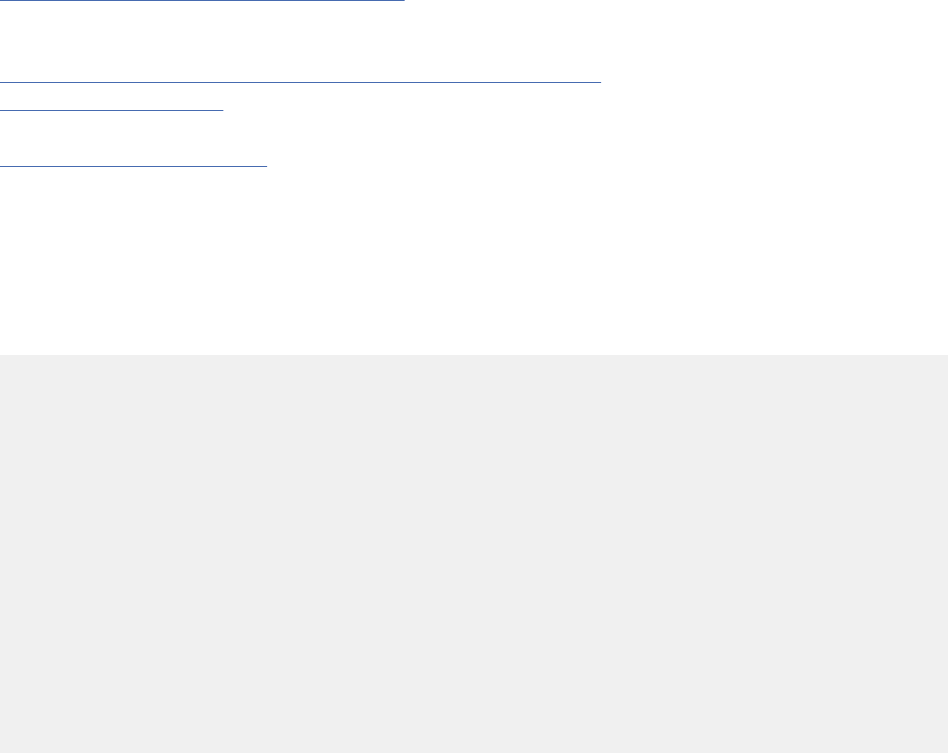
The value that you retrieve from a ROWID column is a varying-length character value that is not
monotonically ascending or descending (the value is not always increasing or not always decreasing).
Therefore, a ROWID column does not provide suitable values for many types of entity keys, such as order
numbers or employee numbers.
Procedure
Call the RID built-in function in the search condition of a SELECT, DELETE, or UPDATE statement.
The RID function returns the RID of a row, which you can use to uniquely identify a row.
Restriction: Because Db2 might reuse RID numbers when the REORG utility is run, the RID function might
return different values when invoked for a row multiple times.
If you specify a RID and Db2 cannot locate the row through direct row access, Db2 does not switch to
another access method. Instead, Db2 returns no rows.
Related concepts
Rules for inserting data into a ROWID column
A ROWID column contains unique values that identify each row in a table. Whether you can insert data
into a ROWID column and how that data gets inserted depends on how the column is dened.
Direct row access (PRIMARY_ACCESSTYPE='D') (Db2 Performance)
Row ID values (Db2 SQL)
Related reference
RID scalar function (Db2 SQL)
Ways to manipulate LOB data
You can use SQL statements, LOB locators, and LOB le reference variables in your application programs
to manipulate LOB data that is stored in Db2.
For example, you can use the following statements to extract information about an employee's
department from the resume:
EXEC SQL BEGIN DECLARE SECTION;
char employeenum[6];
long deptInfoBeginLoc;
long deptInfoEndLoc;
SQL TYPE IS CLOB_LOCATOR resume;
SQL TYPE IS CLOB_LOCATOR deptBuffer;
EXEC SQL END DECLARE SECTION;
⋮
EXEC SQL DECLARE C1 CURSOR FOR
SELECT EMPNO, EMP_RESUME FROM EMP;
⋮
EXEC SQL FETCH C1 INTO :employeenum, :resume;
⋮
EXEC SQL SET :deptInfoBeginLoc =
POSSTR(:resume.data, 'Department Information');
EXEC SQL SET :deptInfoEndLoc =
POSSTR(:resume.data, 'Education');
EXEC SQL SET :deptBuffer =
SUBSTR(:resume, :deptInfoBeginLoc,
:deptInfoEndLoc - :deptInfoBeginLoc);
These statements use host variables of data type large object locator (LOB locator). LOB locators let you
manipulate LOB data without moving the LOB data into host variables. By using LOB locators, you need
much smaller amounts of memory for your programs.
You can also use LOB le reference variables when you are working with LOB data. You can use LOB le
reference variables to insert LOB data from a le into a Db2 table or to retrieve LOB data from a Db2 table.
Sample LOB applications: The following table lists the sample programs that Db2 provides to assist you in
writing applications to manipulate LOB data. All programs reside in data set DSN1210.SDSNSAMP.
Chapter 3. Db2 SQL programming
431
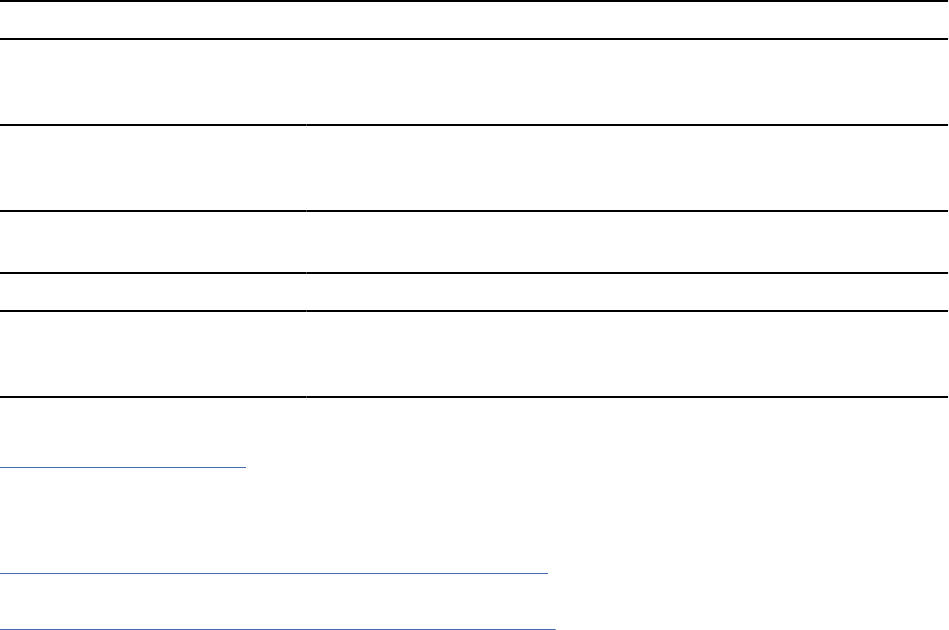
Table 75. LOB samples shipped with Db2
Member that
contains
source code Language Function
DSNTEJ7 JCL Demonstrates how to create a table with LOB columns, an auxiliary
table, and an auxiliary index. Also demonstrates how to load LOB data
that is 32 KB or less into a LOB table space.
DSN8DLPL C Demonstrates the use of LOB locators and UPDATE statements to
move binary data into a column of type BLOB.
DSN8DLRV C Demonstrates how to use a locator to manipulate data of type CLOB.
DSNTEP2 PL/I Demonstrates how to allocate an SQLDA for rows that include LOB
data and use that SQLDA to describe an input statement and fetch
data from LOB columns.
Related concepts
LOB le reference variables
In a host application, you can use a le reference variable to insert a LOB or XML value from a le into a
Db2 table. You can also use a le reference variable to select a LOB or XML value from a Db2 table into a
le.
Phase 7: Accessing LOB data (Db2 Installation and Migration)
Related tasks
Saving storage when manipulating LOBs by using LOB locators
LOB locators let you manipulate LOB data without retrieving the data from the Db2 table. By using
locators, you avoid needing to allocate the large amounts of storage that are needed for host variables to
hold LOB data.
LOB host variable, LOB locator, and LOB le reference variable declarations
When you write applications to manipulate LOB data, you need to declare host variables to hold the LOB
data or LOB locator. Alternatively, you need to declare LOB le reference variables to point to the LOB
data.
You can declare LOB host variables and LOB locators in assembler, C, C++, COBOL, Fortran, and PL/I.
Additionally, you can declare LOB le reference variables in assembler, C, C++, COBOL, and PL/I. For each
host variable, locator, or le reference variable of SQL type BLOB, CLOB, or DBCLOB that you declare,
Db2 generates an equivalent declaration that uses host language data types. When you refer to a LOB
host variable, LOB locator, or LOB le reference variable in an SQL statement, you must use the variable
that you specied in the SQL type declaration. When you refer to the host variable in a host language
statement, you must use the variable that Db2 generates.
Db2 supports host variable declarations for LOBs with lengths of up to 2 GB - 1. However, the size of a
LOB host variable is limited by the restrictions of the host language and the amount of storage available to
the program.
Declare LOB host variables that are referenced by the precompiler in SQL statements by using the SQL
TYPE IS BLOB, SQL TYPE IS CLOB, or SQL TYPE IS DBCLOB keywords.
LOB host variables that are referenced only by an SQL statement that uses a DESCRIPTOR should use the
same form as declared by the precompiler. In this form, the LOB host-variable-array consists of a 31-bit
length, followed by the data, followed by another 31-bit length, followed by the data, and so on. The
31-bit length must be fullword aligned.
Example: Suppose that you want to allocate a LOB array of 10 elements, each with a length of 5 bytes.
You need to allocate the following bytes for each element, for a total of 120 bytes:
• 4 bytes for the 31-bit integer
432
Db2 12 for z/OS: Application Programming and SQL Guide (Last updated: 2024-07-30)
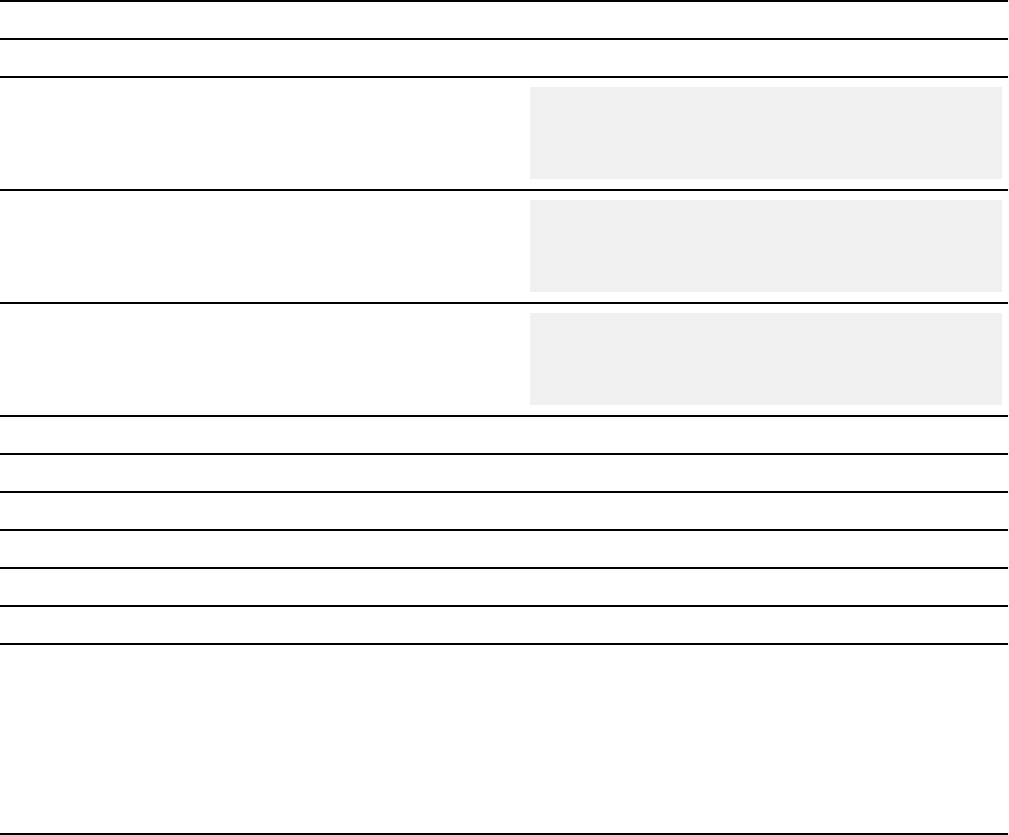
• 5 bytes for the data
• 3 bytes to force fullword alignment
The following examples show you how to declare LOB host variables in each supported language. In
each table, the left column contains the declaration that you code in your application program. The right
column contains the declaration that Db2 generates.
Declarations of LOB host variables in assembler
The following table shows assembler language declarations for some typical LOB types.
Table 76. Example of assembler LOB variable declarations
You declare this variable Db2 generates this variable
clob_var SQL TYPE IS CLOB 40000K
clob_var DS 0FL4
clob_var_length DS FL4
clob_var_data DS CL65535
1
ORG clob_var_data +(40960000-65535)
dbclob_var SQL TYPE IS DBCLOB 4000K
dbclob_var DS 0FL4
dbclob_var_length DS FL4
dbclob_var_data DS GL65534
2
ORG dbclob_var_data+(8192000-65534)
blob_var SQL TYPE IS BLOB 1M
blob_var DS 0FL4
blob_var_length DS FL4
blob_var_data DS CL65535
1
ORG blob_var_data+(1048476-65535)
clob_loc SQL TYPE IS CLOB_LOCATOR clob_loc DS FL4
dbclob_loc SQL TYPE IS DBCLOB_LOCATOR dbclob_loc DS FL4
blob_loc SQL TYPE IS BLOB_LOCATOR blob_loc DS FL4
clob_file SQL TYPE IS CLOB_FILE clob_file DS FL4
dbclob_file SQL TYPE IS DBCLOB_FILE dbclob_file DS FL4
blob_file SQL TYPE IS BLOB_FILE blob_file DS FL4
Notes:
1. Because assembler language allows character declarations of no more than 65535 bytes, Db2 separates
the host language declarations for BLOB and CLOB host variables that are longer than 65535 bytes into two
parts.
2. Because assembler language allows graphic declarations of no more than 65534 bytes, Db2 separates the
host language declarations for DBCLOB host variables that are longer than 65534 bytes into two parts.
Declarations of LOB host variables in C and C++
The following table shows C and C++ language declarations for some typical LOB types.
Chapter 3. Db2 SQL programming
433

Table 77. Examples of C language variable declarations
You declare this variable Db2 generates this variable
SQL TYPE IS BLOB (1M) blob_var;
struct {
unsigned long length;
char data[1048576];
} blob_var;
SQL TYPE IS CLOB(400K) clob_var;
struct {
unsigned long length;
char data[409600];
} clob_var;
SQL TYPE IS DBCLOB (4000K) dbclob_var;
struct {
unsigned long length;
sqldbchar data[4096000];
} dbclob_var;
SQL TYPE IS BLOB_LOCATOR blob_loc; unsigned long blob_loc;
SQL TYPE IS CLOB_LOCATOR clob_loc; unsigned long clob_loc;
SQL TYPE IS DBCLOB_LOCATOR dbclob_loc; unsigned long dbclob_loc;
SQL TYPE IS BLOB_FILE FBLOBhv;
#pragma pack(full)
struct {
unsigned long name_length;
unsigned long data_length;
unsigned long file_options;
char name??(255??);
} FBLOBhv ;
#pragma pack(reset)
SQL TYPE IS CLOB_FILE FCLOBhv;
#pragma pack(full)
struct {
unsigned long name_length;
unsigned long data_length;
unsigned long file_options;
char name??(255??);
} FCLOBhv ;
#pragma pack(reset)
SQL TYPE IS DBCLOB_FILE FDBCLOBhv;
#pragma pack(full)
struct {
unsigned long name_length;
unsigned long data_length;
unsigned long file_options;
char name??(255??);
} FDBCLOBhv ;
#pragma pack(reset)
Declarations of LOB host variables in COBOL
The declarations that are generated for COBOL depend on whether you use the Db2 precompiler or the
Db2 coprocessor. The following table shows COBOL declarations that the Db2 precompiler generates for
some typical LOB types. The declarations that the Db2 coprocessor generates might be different.
434
Db2 12 for z/OS: Application Programming and SQL Guide (Last updated: 2024-07-30)
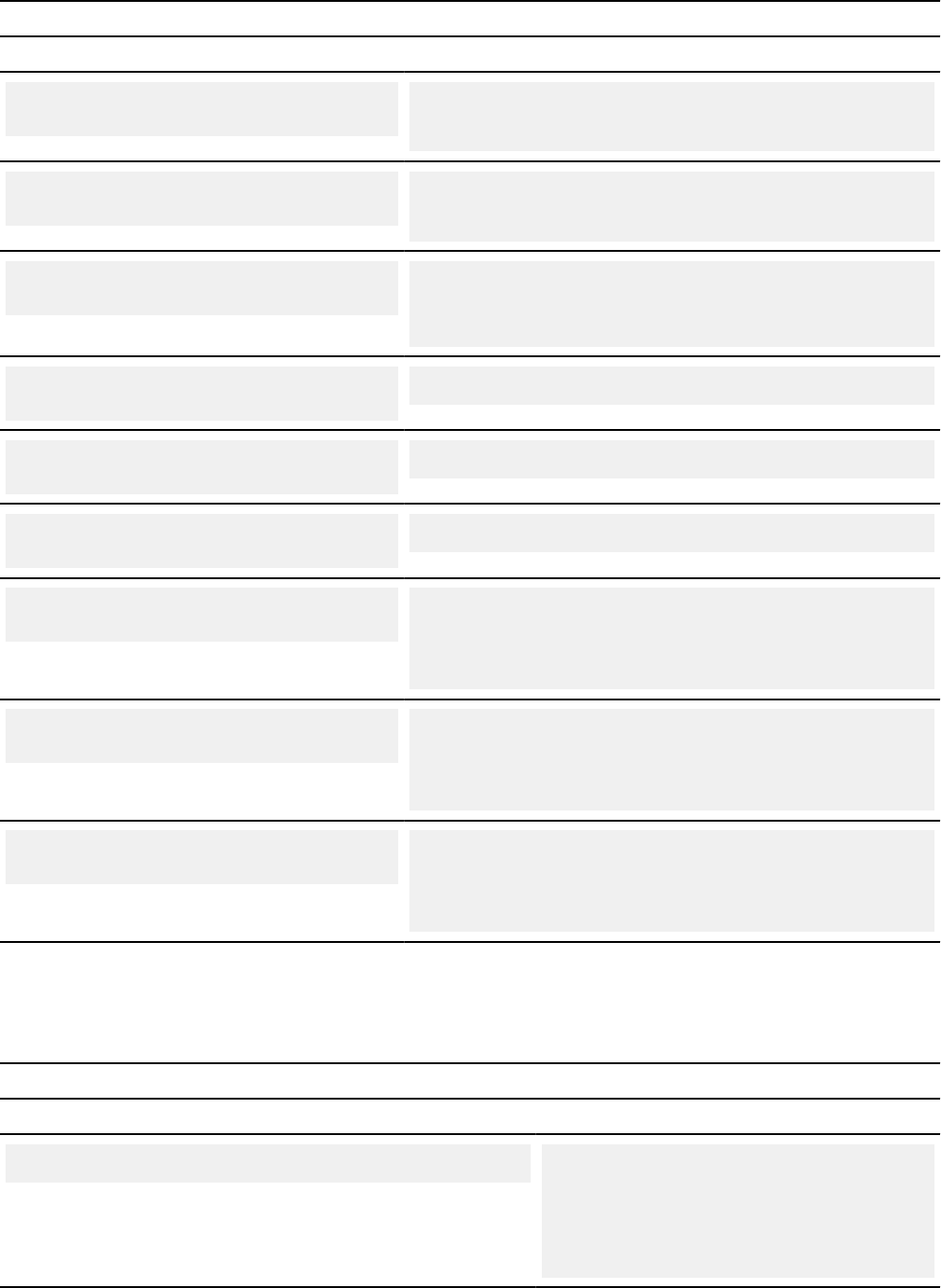
Table 78. Examples of COBOL variable declarations by the Db2 precompiler
You declare this variable Db2 precompiler generates this variable
01 BLOB-VAR
SQL TYPE IS BLOB(1M).
01 BLOB-VAR.
49 BLOB-VAR-LENGTH PIC S9(9) COMP-5.
49 BLOB-VAR-DATA PIC X(1048576).
01 CLOB-VAR
SQL TYPE IS CLOB(40000K).
01 CLOB-VAR.
49 CLOB-VAR-LENGTH PIC S9(9) COMP-5.
49 CLOB-VAR-DATA PIC X(40960000).
01 DBCLOB-VAR
SQL TYPE IS DBCLOB(4000K).
01 DBCLOB-VAR.
49 DBCLOB-VAR-LENGTH PIC S9(9) COMP-5
49 DBCLOB-VAR-DATA PIC G(40960000)
DISPLAY-1.
01 BLOB-LOC
SQL TYPE IS BLOB-LOCATOR.
01 BLOB-LOC PIC S9(9) COMP-5.
01 CLOB-LOC
SQLTYPE IS CLOB-LOCATOR.
01 CLOB-LOC PIC S9(9) COMP-5.
01 DBCLOB-LOC
SQLTYPE IS DBCLOB-LOCATOR.
01 DBCLOB-LOC PIC S9(9) COMP-5.
01 BLOB-FILE
SQLTYPE IS BLOB-FILE.
01 BLOB-FILE.
49 BLOB-FILE-NAME-LENGTH PIC S9(9) COMP-5 SYNC.
49 BLOB-FILE-DATA-LENGTH PIC S9(9) COMP-5.
49 BLOB-FILE-FILE-OPTION PIC S9(9) COMP-5.
49 BLOB-FILE-NAME PIC X(255) .
01 CLOB-FILE
SQLTYPE IS CLOB-FILE.
01 CLOB-FILE.
49 CLOB-FILE-NAME-LENGTH PIC S9(9) COMP-5 SYNC.
49 CLOB-FILE-DATA-LENGTH PIC S9(9) COMP-5.
49 CLOB-FILE-FILE-OPTION PIC S9(9) COMP-5.
49 CLOB-FILE-NAME PIC X(255) .
01 DBCLOB-FILE
SQLTYPE IS DBCLOB-FILE.
01 DBCLOB-FILE.
49 DBCLOB-FILE-NAME-LENGTH PIC S9(9) COMP-5 SYNC.
49 DBCLOB-FILE-DATA-LENGTH PIC S9(9) COMP-5.
49 DBCLOB-FILE-FILE-OPTION PIC S9(9) COMP-5.
49 DBCLOB-FILE-NAME PIC X(255) .
Declarations of LOB host variables in Fortran
The following table shows Fortran declarations for some typical LOB types.
Table 79. Examples of Fortran variable declarations
You declare this variable Db2 generates this variable
SQL TYPE IS BLOB(1M) blob_var CHARACTER blob_var(1048580)
INTEGER*4 blob_var_LENGTH
CHARACTER blob_var_DATA
EQUIVALENCE( blob_var(1),
+ blob_var_LENGTH )
EQUIVALENCE( blob_var(5),
+ blob_var_DATA )
Chapter 3. Db2 SQL programming435
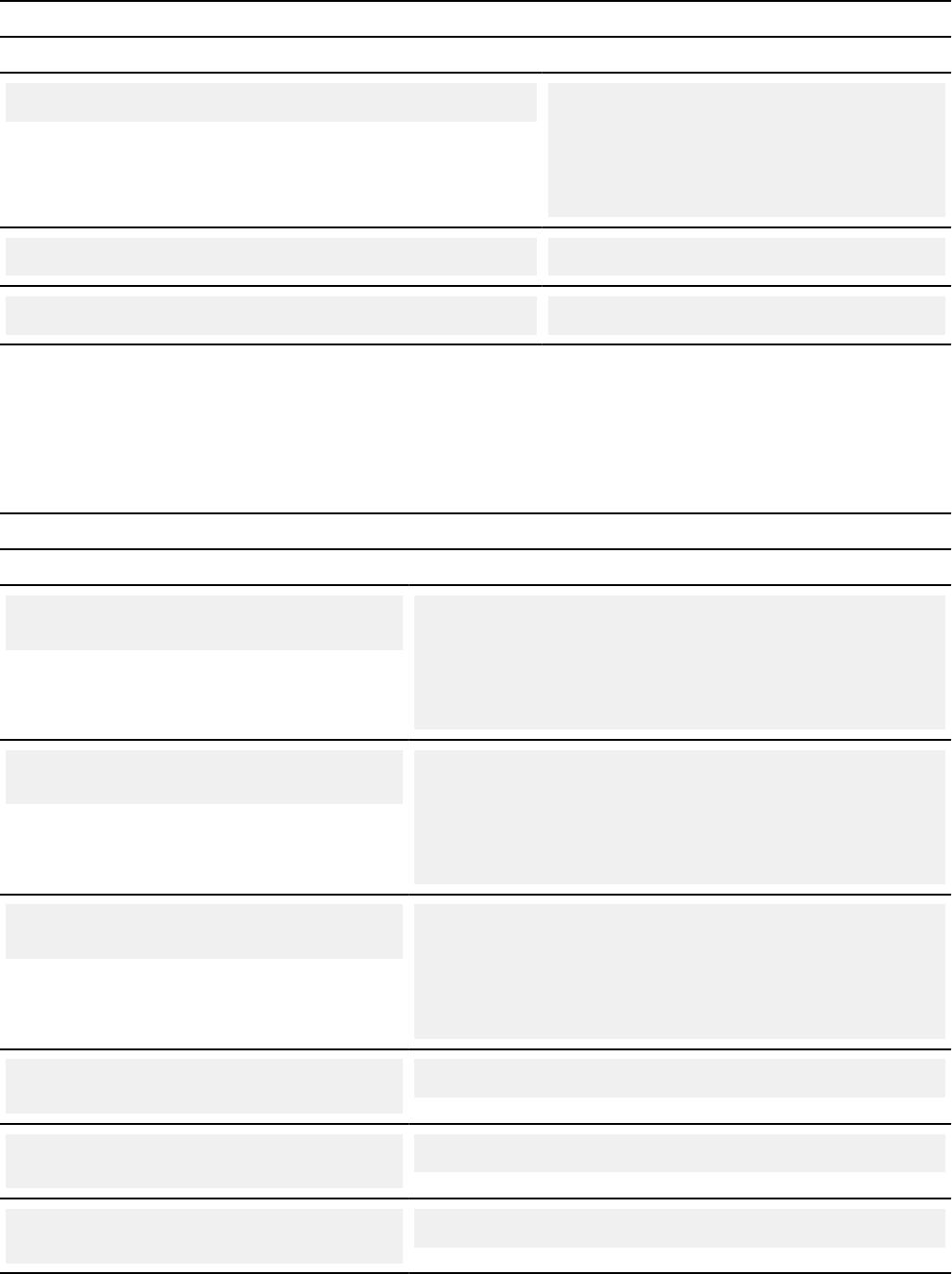
Table 79. Examples of Fortran variable declarations (continued)
You declare this variable Db2 generates this variable
SQL TYPE IS CLOB(40000K) clob_var CHARACTER clob_var(4096004)
INTEGER*4 clob_var_length
CHARACTER clob_var_data
EQUIVALENCE( clob_var(1),
+ clob_var_length )
EQUIVALENCE( clob_var(5),
+ clob_var_data )
SQL TYPE IS BLOB_LOCATOR blob_loc INTEGER*4 blob_loc
SQL TYPE IS CLOB_LOCATOR clob_loc INTEGER*4 clob_loc
Declarations of LOB host variables in PL/I
The declarations that are generated for PL/I depend on whether you use the Db2 precompiler or the Db2
coprocessor. The following table shows PL/I declarations that the Db2 precompiler generates for some
typical LOB types. The declarations that the Db2 coprocessor generates might be different.
Table 80. Examples of PL/I variable declarations by the Db2 precompiler
You declare this variable Db2 precompiler generates this variable
DCL BLOB_VAR
SQL TYPE IS BLOB (1M);
DCL 1 BLOB_VAR,
2 BLOB_VAR_LENGTH FIXED BINARY(31),
2 BLOB_VAR_DATA,
1
3 BLOB_VAR_DATA1(32)
CHARACTER(32767),
3 BLOB_VAR_DATA2
CHARACTER(1048576-32*32767);
DCL CLOB_VAR
SQL TYPE IS CLOB (40000K);
DCL 1 CLOB_VAR,
2 CLOB_VAR_LENGTH FIXED BINARY(31),
2 CLOB_VAR_DATA,
1
3 CLOB_VAR_DATA1(1250)
CHARACTER(32767),
3 CLOB_VAR_DATA2
CHARACTER(40960000-1250*32767);
DCL DBCLOB_VAR
SQL TYPE IS DBCLOB (4000K);
DCL 1 DBCLOB_VAR,
2 DBCLOB_VAR_LENGTH FIXED BINARY(31),
2 DBCLOB_VAR_DATA,
2
3 DBCLOB_VAR_DATA1(250)
GRAPHIC(16383),
3 DBCLOB_VAR_DATA2
GRAPHIC(4096000-250*16383);
DCL blob_loc
SQL TYPE IS BLOB_LOCATOR;
DCL blob_loc FIXED BINARY(31);
DCL clob_loc
SQL TYPE IS CLOB_LOCATOR;
DCL clob_loc FIXED BINARY(31);
DCL dbclob_loc SQL TYPE IS
DBCLOB_LOCATOR;
DCL dbclob_loc FIXED BINARY(31);
436Db2 12 for z/OS: Application Programming and SQL Guide (Last updated: 2024-07-30)
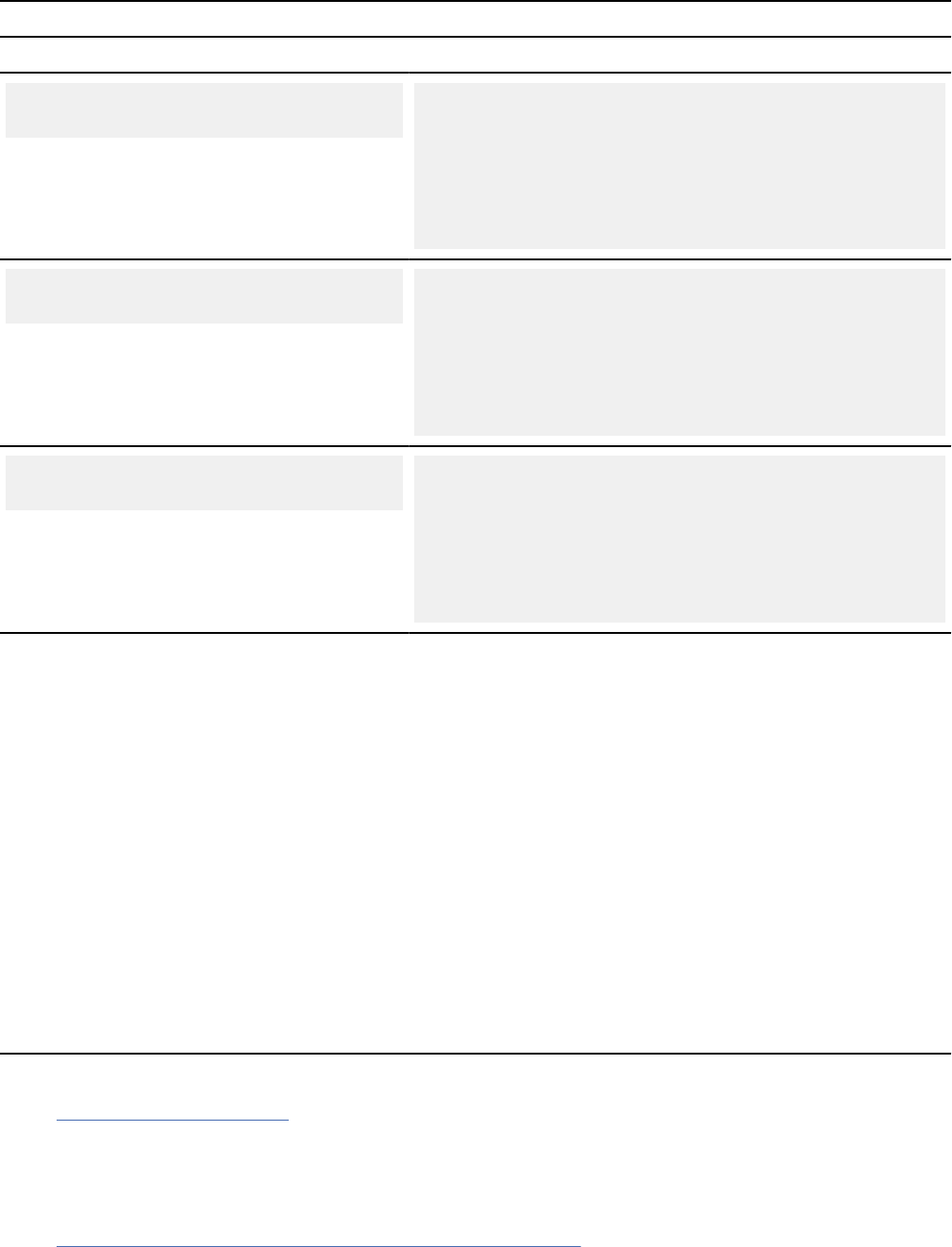
Table 80. Examples of PL/I variable declarations by the Db2 precompiler (continued)
You declare this variable Db2 precompiler generates this variable
DCL blob_file
SQL TYPE IS BLOB_FILE;
DCL 1
blob_file,
2 blob_file_NAME_LENGTH BIN FIXED(31)
ALIGNED,
2 blob_file_DATA_LENGTH BIN
FIXED(31),
2 blob_file_FILE_OPTIONS BIN
FIXED(31),
2 blob_file_NAME CHAR(255) ;
DCL clob_file
SQL TYPE IS CLOB_FILE;
DCL 1
clob_file,
2 clob_file_NAME_LENGTH BIN FIXED(31)
ALIGNED,
2 clob_file_DATA_LENGTH BIN
FIXED(31),
2 clob_file_FILE_OPTIONS BIN
FIXED(31),
2 clob_file_NAME CHAR(255) ;
DCL dbclob_file SQL TYPE IS
DBCLOB_FILE;
DCL 1
dbclob_file,
2 dbclob_file_NAME_LENGTH BIN FIXED(31)
ALIGNED,
2 dbclob_file_DATA_LENGTH BIN
FIXED(31),
2 dbclob_file_FILE_OPTIONS BIN
FIXED(31),
2 dbclob_file_NAME CHAR(255) ;
Notes:
1. For BLOB or CLOB host variables that are greater than 32767 bytes in length, Db2 creates PL/I host
language declarations in the following way:
• If the length of the LOB is greater than 32767 bytes and evenly divisible by 32767, Db2 creates an array of
32767-byte strings. The dimension of the array is length/32767.
• If the length of the LOB is greater than 32767 bytes but not evenly divisible by 32767, Db2 creates
two declarations: The rst is an array of 32767 byte strings, where the dimension of the array, n, is
length/32767. The second is a character string of length length-n*32767.
2. For DBCLOB host variables that are greater than 16383 double-byte characters in length, Db2 creates PL/I
host language declarations in the following way:
• If the length of the LOB is greater than 16383 characters and evenly divisible by 16383, Db2 creates an
array of 16383-character strings. The dimension of the array is length/16383.
• If the length of the LOB is greater than 16383 characters but not evenly divisible by 16383, Db2 creates
two declarations: The rst is an array of 16383 byte strings, where the dimension of the array, m, is
length/16383. The second is a character string of length length-m*16383.
Related concepts
LOB le reference variables
In a host application, you can use a le reference variable to insert a LOB or XML value from a le into a
Db2 table. You can also use a le reference variable to select a LOB or XML value from a Db2 table into a
le.
Related tasks
Saving storage when manipulating LOBs by using LOB locators
Chapter 3. Db2 SQL programming
437

LOB locators let you manipulate LOB data without retrieving the data from the Db2 table. By using
locators, you avoid needing to allocate the large amounts of storage that are needed for host variables to
hold LOB data.
LOB and XML materialization
Materialization means that Db2 puts the data that is selected into a buffer for processing. This action
can slow performance. Because LOB values can be very large, Db2 avoids materializing LOB data until
absolutely necessary.
Beginning in DB2 10, LOB and XML materialization has been reduced or eliminated within Db2 for
several local and distributed cases including utilities (LOAD and cross-loader). Some of the cases where
materialization has been eliminated or reduced include during DRDA streaming, le reference variable
processing, CCSID conversion and distributed XML fetch processing. However, whether the values will be
materialized and how much will be materialized also depends on the number and size of each LOB or
XML.
Db2 stores LOB values in contiguous storage. Db2 must materialize LOBs when your application program
performs the following actions:
• Calls a user-dened function with a LOB as an argument
• Moves a LOB into or out of a stored procedure
• Assigns a LOB host variable to a LOB locator host variable
The amount of storage that is used for LOB and XML materialization depends on a number of factors
including:
• The size of the LOBs
• The number of LOBs that need to be materialized in a statement
Db2 loads LOBs into virtual pools above the bar. If insufcient space is available for LOB materialization,
your application receives SQLCODE -904.
Although you cannot completely avoid LOB materialization, you can minimize it by using LOB locators,
rather than LOB host variables in your application programs.
Related tasks
Saving storage when manipulating LOBs by using LOB locators
LOB locators let you manipulate LOB data without retrieving the data from the Db2 table. By using
locators, you avoid needing to allocate the large amounts of storage that are needed for host variables to
hold LOB data.
Saving storage when manipulating LOBs by using LOB locators
LOB locators let you manipulate LOB data without retrieving the data from the Db2 table. By using
locators, you avoid needing to allocate the large amounts of storage that are needed for host variables to
hold LOB data.
About this task
To retrieve LOB data from a Db2 table, you can dene host variables that are large enough to hold all of
the LOB data. This requires your application to allocate large amounts of storage, and requires Db2 to
move large amounts of data, which can be inefcient or impractical. Instead, you can use LOB locators.
LOB locators let you manipulate LOB data without retrieving the data from the Db2 table. Using LOB
locators for LOB data retrieval is a good choice in the following situations:
• When you move only a small part of a LOB to a client program
• When the entire LOB does not t in the application's memory
• When the program needs a temporary LOB value from a LOB expression but does not need to save the
result
438
Db2 12 for z/OS: Application Programming and SQL Guide (Last updated: 2024-07-30)

• When performance is important
A LOB locator is associated with a LOB value or expression, not with a row in a Db2 table or a physical
storage location in a table space. Therefore, after you select a LOB value using a locator, the value in the
locator normally does not change until the current unit of work ends. However the value of the LOB itself
can change.
If you want to remove the association between a LOB locator and its value before a unit of work ends,
execute the FREE LOCATOR statement. To keep the association between a LOB locator and its value
after the unit of work ends, execute the HOLD LOCATOR statement. After you execute a HOLD LOCATOR
statement, the locator keeps the association with the corresponding value until you execute a FREE
LOCATOR statement or the program ends.
If you execute HOLD LOCATOR or FREE LOCATOR dynamically, you cannot use EXECUTE IMMEDIATE.
Applications that use a huge number of locators, which commit infrequently, or do not explicitly free
the locators, can use large amounts of valuable database services address space (ssnmDBM1) storage
and CPU costs. Frequently use COMMIT or FREE LOCATORS to avoid storage shortage on the database
services address space (ssnmDBM1) and a shortage of system CPU resource.
To free LOB locators after their associated LOB values are retrieved, run the FREE LOCATOR statement:
EXEC SQL FREE LOCATOR :LOCRES, :LOCHIST, :LOCPIC
Related reference
FREE LOCATOR statement (Db2 SQL)
HOLD LOCATOR statement (Db2 SQL)
Indicator variables and LOB locators
Db2 uses indicator variables for LOB locators differently than it uses indicator variables for host variables.
For host variables other than LOB locators, when you select a null value into a host variable, Db2 assigns
a negative value to the associated indicator variable. However, for LOB locators, Db2 uses indicator
variables differently. A LOB locator is never null. When you select a LOB column using a LOB locator and
the LOB column contains a null value, Db2 assigns a null value to the associated indicator variable. The
value in the LOB locator does not change. In a client/server environment, this null information is recorded
only at the client.
When you use LOB locators to retrieve data from columns that can contain null values, dene indicator
variables for the LOB locators, and check the indicator variables after you fetch data into the LOB locators.
If an indicator variable is null after a fetch operation, you cannot use the value in the LOB locator.
Valid assignments for LOB locators
Although you usually use LOB locators to assign data to and retrieve data from LOB columns, you can also
use LOB locators to assign data to non-LOB columns.
You can use LOB locators to make the following assignments:
• A CLOB or DBCLOB locator can be assigned to a CHAR, VARCHAR, GRAPHIC, or VARGRAPHIC column.
However, you cannot fetch data from CHAR, VARCHAR, GRAPHIC, or VARGRAPHIC columns into a CLOB
or DBCLOB locators.
• A BLOB locator can be assigned to a BINARY or VARBINARY column. However, you cannot fetch data
from a BINARY or VARBINARY column into a BLOB locator.
Avoiding character conversion for LOB locators
In certain situations, Db2 materializes the entire LOB value and converts it to the encoding scheme of a
particular SQL statement. This extra processing can degrade performance and should be avoided.
About this task
You can use a VALUES INTO or SET statement to obtain the results of functions that operate on LOB
locators, such as LENGTH or SUBSTR. VALUES INTO and SET statements are processed in the application
Chapter 3. Db2 SQL programming
439
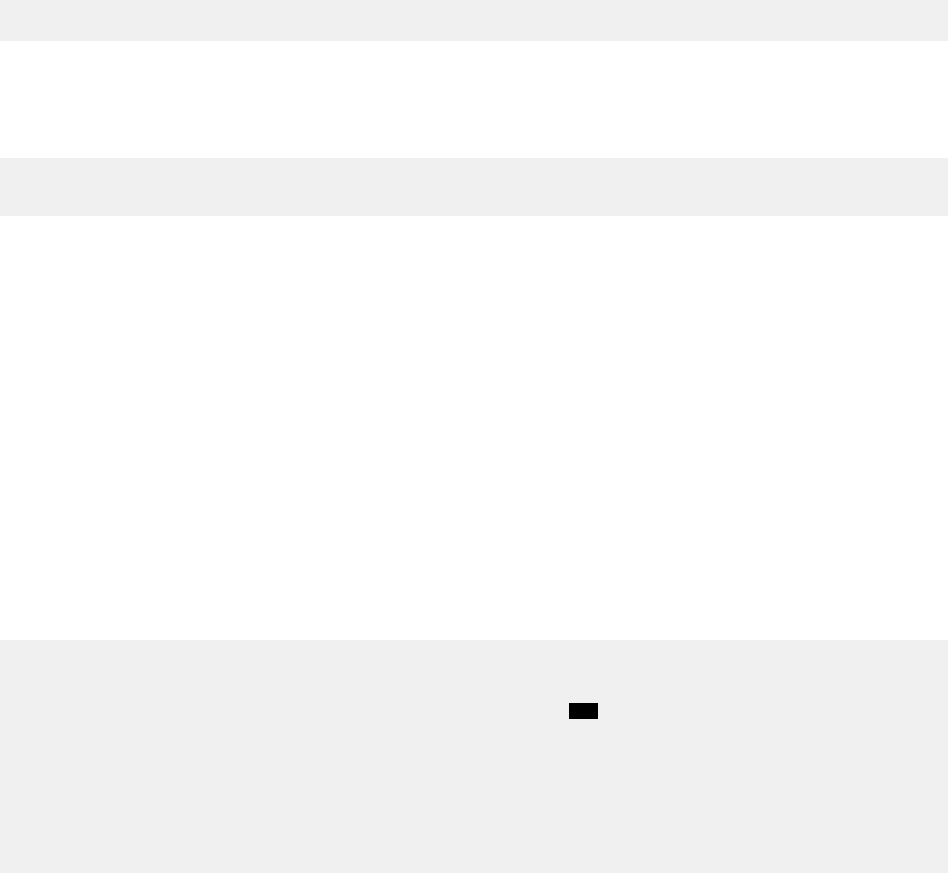
encoding scheme for the plan or package that contains the statement. If that encoding scheme is
different from the encoding scheme of the LOB data, the entire LOB value is materialized and converted
to the encoding scheme of the statement. This materialization and conversion processing can cause
performance degradation.
To avoid the character conversion, SELECT from the SYSIBM.SYSDUMMYA, SYSIBM.SYSDUMMYE,
or SYSIBM.SYSDUMMYU sample table. These dummy tables perform functions similar to
SYSIBM.SYSDUMMY1, and are each associated with an encoding scheme:
SYSIBM.SYSDUMMYA
ASCII
SYSIBM.SYSDUMMYE
EBCDIC
SYSIBM.SYSDUMMYU
Unicode
By using these tables, you can obtain the same result as you would with a VALUES INTO or SET
statement.
Example
Suppose that the encoding scheme of the following statement is EBCDIC:
SET : unicode_hv = SUBSTR(:Unicode_lob_locator,X,Y);
Db2 must materialize the LOB that is specied by :Unicode_lob_locator and convert that entire LOB to
EBCDIC before executing the statement. To avoid materialization and conversion, you can execute the
following statement, which produces the same result but is processed by the Unicode encoding scheme
of the table:
SELECT SUBSTR(:Unicode_lob_locator,X,Y) INTO :unicode_hv
FROM SYSIBM.SYSDUMMYU;
Deferring evaluation of a LOB expression to improve performance
Db2 does not move any bytes of a LOB value until a program assigns a LOB expression to a target
destination. When you use a LOB locator with string functions and operators, Db2 does not evaluate the
expression until the time of assignment. This deferred evaluation can improve performance.
About this task
The following example is a C language program that defers evaluation of a LOB expression. The program
runs on a client and modies LOB data at a server. The program searches for a particular resume (EMPNO
= '000130') in the EMP_RESUME table. It then uses LOB locators to rearrange a copy of the resume (with
EMPNO = 'A00130'). In the copy, the Department Information Section appears at the end of the resume.
The program then inserts the copy into EMP_RESUME without modifying the original resume.
Because the program in the following gure uses LOB locators, rather than placing the LOB data into host
variables, no LOB data is moved until the INSERT statement executes. In addition, no LOB data moves
between the client and the server.
EXEC SQL INCLUDE SQLCA;
/**************************/
/* Declare host variables */ 1
/**************************/
EXEC SQL BEGIN DECLARE SECTION;
char userid[9];
char passwd[19];
long HV_START_DEPTINFO;
long HV_START_EDUC;
long HV_RETURN_CODE;
SQL TYPE IS CLOB_LOCATOR HV_NEW_SECTION_LOCATOR;
SQL TYPE IS CLOB_LOCATOR HV_DOC_LOCATOR1;
440
Db2 12 for z/OS: Application Programming and SQL Guide (Last updated: 2024-07-30)
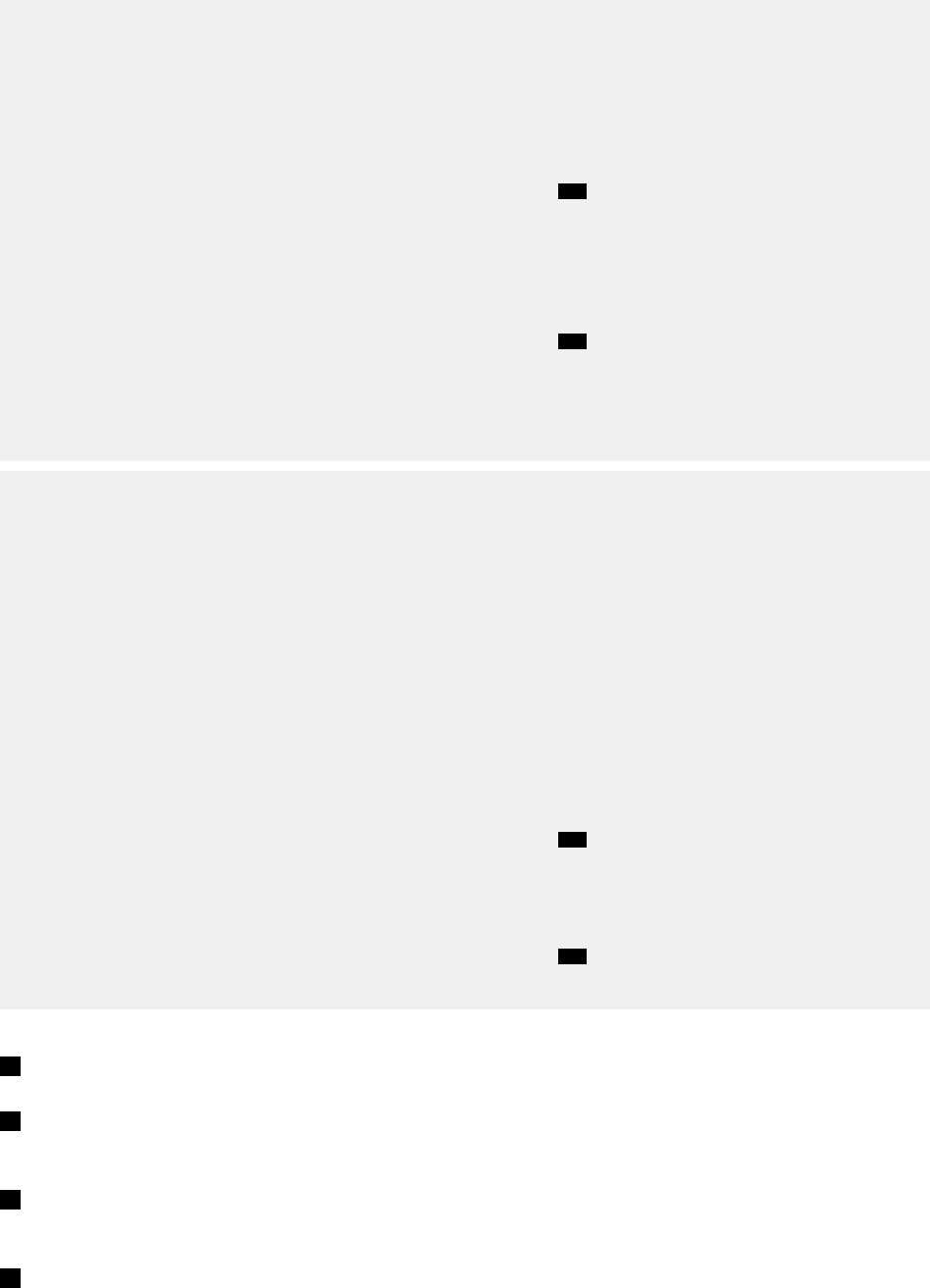
SQL TYPE IS CLOB_LOCATOR HV_DOC_LOCATOR2;
SQL TYPE IS CLOB_LOCATOR HV_DOC_LOCATOR3;
EXEC SQL END DECLARE SECTION;
/*************************************************/
/* Delete any instance of "A00130" from previous */
/* executions of this sample */
/*************************************************/
EXEC SQL DELETE FROM EMP_RESUME WHERE EMPNO = 'A00130';
/*************************************************/
/* Use a single row select to get the document */
2
/*************************************************/
EXEC SQL SELECT RESUME
INTO :HV_DOC_LOCATOR1
FROM EMP_RESUME
WHERE EMPNO = '000130'
AND RESUME_FORMAT = 'ascii';
/*****************************************************/
/* Use the POSSTR function to locate the start of */
/* sections "Department Information" and "Education" */
3
/*****************************************************/
EXEC SQL SET :HV_START_DEPTINFO =
POSSTR(:HV_DOC_LOCATOR1, 'Department Information');
EXEC SQL SET :HV_START_EDUC =
POSSTR(:HV_DOC_LOCATOR1, 'Education');
/*******************************************************/
/* Replace Department Information section with nothing */
/*******************************************************/
EXEC SQL SET :HV_DOC_LOCATOR2 =
SUBSTR(:HV_DOC_LOCATOR1, 1, :HV_START_DEPTINFO -1)
|| SUBSTR (:HV_DOC_LOCATOR1, :HV_START_EDUC);
/*******************************************************/
/* Associate a new locator with the Department */
/* Information section */
/*******************************************************/
EXEC SQL SET :HV_NEW_SECTION_LOCATOR =
SUBSTR(:HV_DOC_LOCATOR1, :HV_START_DEPTINFO,
:HV_START_EDUC -:HV_START_DEPTINFO);
/*******************************************************/
/* Append the Department Information to the end */
/* of the resume */
/*******************************************************/
EXEC SQL SET :HV_DOC_LOCATOR3 =
:HV_DOC_LOCATOR2 || :HV_NEW_SECTION_LOCATOR;
/*******************************************************/
/* Store the modified resume in the table. This is */ 4
/* where the LOB data really moves. */
/*******************************************************/
EXEC SQL INSERT INTO EMP_RESUME VALUES ('A00130', 'ascii',
:HV_DOC_LOCATOR3, DEFAULT);
/*********************/
/* Free the locators */
5
/*********************/
EXEC SQL FREE LOCATOR :HV_DOC_LOCATOR1, :HV_DOC_LOCATOR2, :HV_DOC_LOCATOR3;
Notes:
1
Declare the LOB locators here.
2
This SELECT statement associates LOB locator HV_DOC_LOCATOR1 with the value of column RESUME
for employee number 000130.
3
The next ve SQL statements use LOB locators to manipulate the resume data without moving the
data.
4
Evaluation of the LOB expressions in the previous statements has been deferred until execution of this
INSERT statement.
Chapter 3. Db2 SQL programming
441

5
Free all LOB locators to release them from their associated values.
LOB le reference variables
In a host application, you can use a le reference variable to insert a LOB or XML value from a le into a
Db2 table. You can also use a le reference variable to select a LOB or XML value from a Db2 table into a
le.
The le reference variables are BLOB_FILE, CLOB_FILE, or DBCLOB_FILE. For COBOL, the le reference
variables are BLOB-FILE, CLOB-FILE, or DBCLOB-FILE.
When you use a le reference variable, you can select or insert an entire LOB or XML value without
contiguous application storage to contain the entire LOB or XML value. LOB le reference variables move
LOB or XML values from the database server to an application or from an application to the database
server without going through the application's memory. Furthermore, LOB le reference variables bypass
the host language limitation on the maximum size allowed for dynamic storage to contain a LOB value.
You can declare LOB or XML values as LOB le reference variables or LOB le reference arrays for
applications that are written in C, COBOL, PL/I, and assembler. The LOB le reference variables do not
contain LOB data; they represent a le that contains LOB data. Database queries, updates, and inserts
can use le reference variables to store or retrieve column values. As with other host variables, a LOB le
reference variable can have an associated indicator variable.
Db2-generated LOB le reference variable constructs
For each LOB le reference variable that an application declares for a LOB or XML value, Db2 generates
an equivalent construct that uses the host language data types. When an application references a LOB
le reference variable, it must use the equivalent construct that Db2 generates; otherwise the Db2
precompiler issues an error.
The construct describes the following properties of the le:
Data type
BLOB, CLOB, or DBCLOB. This property is specied when the variable is declared by using the
BLOB_FILE, CLOB_FILE, or DBCLOB_FILE data type.
For COBOL, the data types are BLOB-FILE, CLOB-FILE, or DBCLOB-FILE.
Direction
This property must be specied by the application program at run time as part of the le option
property. The direction property can have the following values:
Input
Used as a data source on an EXECUTE, OPEN, UPDATE, INSERT, DELETE, SET, or MERGE
statement.
Output
Used as the target of data on a FETCH statement or a SELECT INTO statement.
File name
This property must be specied by the application program at run time. The le name property can
have the following values:
• The complete path name of the le. This is recommended.
File name length
This property must be specied by the application program at run time.
File options
An application must assign one of the le options to a le reference variable before the application
can use that variable. File options are set by the INTEGER value in a eld in the le reference variable
construct. One of the following values must be specied for each le reference variable:
• Input (from application to database):
442
Db2 12 for z/OS: Application Programming and SQL Guide (Last updated: 2024-07-30)
SQL_FILE_READ
A regular le that can be opened, read, and closed.
• Output (from database to application):
SQL_FILE_CREATE
If the le does not exists, a new le is created. If the le already exists, an error is returned.
SQL_FILE_OVERWRITE
If the le does not exists, a new le is created. If the le already exists, it is overwritten.
SQL_FILE_APPEND
If the le does not exists, a new le is created. If the le already exists, the output is appended
to the existing le.
Data length
The length, in bytes, of the new data written to the le
Examples of declaring le reference variables
You can declare a le reference variable in C, COBOL, and PL/I, and declare the le reference variable
construct that Db2 generates.
C Example: Consider the following C declaration:
EXEC SQL BEGIN DECLARE SECTION
SQL TYPE IS CLOB_FILE hv_text_file;
CHAR hv_thesis_title[64];
EXEC SQL END DECLARE SECTION
That declaration results in the following Db2-generated construct:
EXEC SQL BEGIN DECLARE SECTION
/* SQL TYPE IS CLOB_FILE hv_text_file; */
struct {
unsigned long name_length; // File name length
unsigned long data_length; // Data length
unsigned long file_options; // File options
char name [255]; // File name
} hv_text_file;
char hv_thesis_title[64]
With the Db2-generated construct, you can use the following code to select from a CLOB column in the
database into a new le that is referenced by :hv_text_file. The le name must be an absolute path.
strcopy(hv_text_file.name, "/u/gainer/papers/sigmod.94");
hv_text_file.name_length = strlen("/u/gainer/papers/sigmod.94");
hv_text_file.file_options = SQL_FILE_CREATE;
EXEC SQL SELECT CONTENT INTO :hv_text_file FROM PAPERS
WHERE TITLE = 'The Relational Theory Behind Juggling';
Similarly, you can use the following code to insert the data from a le that is referenced
by :hv_text_file into a CLOB column. The le name must be an absolute path.
strcopy(hv_text_file.name, "/u/gainer/patents/chips.13");
hv_text_file.name_length = strlen("/u/gainer/patents/chips.13");
hv_text_file.file_options = SQL_FILE_READ;
strcopy(:hv_patent_title, "A Method for Pipelining Chip Consumption");
EXEC SQL INSERT INTO PATENTS(TITLE, TEXT)
VALUES(:hv_patent_title, :hv_text_file);
COBOL Example: Consider the following COBOL declaration:
01 MY-FILE SQL TYPE IS BLOB-FILE
Chapter 3. Db2 SQL programming
443
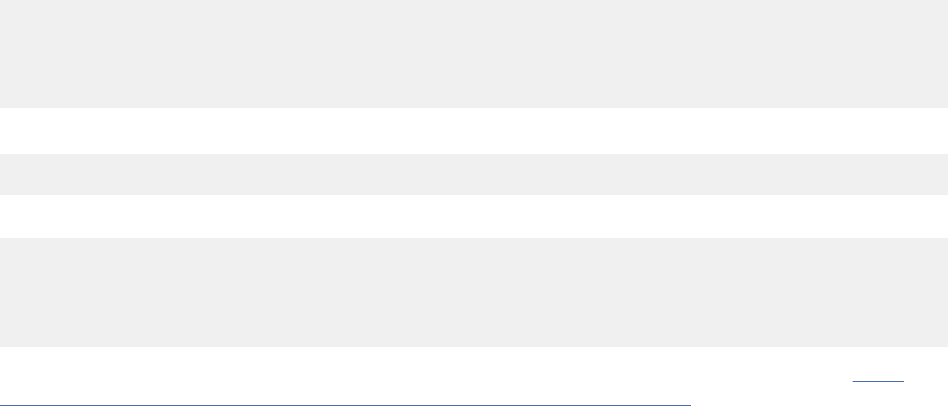
That declaration results in the following Db2-generated construct:
01 MY-FILE.
49 MY-FILE-NAME-LENGTH PIC S9(9) COMP-5.
49 MY-FILE-DATA-LENGTH PIC S9(9) COMP-5.
49 MY-FILE-FILE-OPTION PIC S9(9) COMP-5.
49 MY-FILE-NAME PIC(255);
PL/I Example: Consider the following PL/I declaration:
DCL MY_FILE SQL TYPE IS CLOB_FILE
That declaration results in the following Db2-generated construct:
DCL 1 MY_FILE,
3 MY_FILE_NAME_LENGTH BINARY FIXED (31) UNALIGNED,
3 MY_FILE_DATA_LENGTH BINARY FIXED (31) UNALIGNED,
3 MY_FILE_FILE_OPTIONS BINARY FIXED (31) UNALIGNED,
3 MY_FILE_NAME CHAR(255);
For examples of how to declare le reference variables for XML data in C, COBOL, and PL/I, see “Host
variable data types for XML data in embedded SQL applications” on page 541.
Referencing a sequence object
A sequence object is a user-dened object that generates a sequence of numeric values according to the
specication with which the sequence was created. You can retrieve the next or previous value in the
sequence.
About this task
You reference a sequence by using the NEXT VALUE expression or the PREVIOUS VALUE expression,
specifying the name of the sequence:
• A NEXT VALUE expression generates and returns the next value for the specied sequence. If a query
contains multiple instances of a NEXT VALUE expression with the same sequence name, the sequence
value increments only once for that query. The ROLLBACK statement has no effect on values already
generated.
• A PREVIOUS VALUE expression returns the most recently generated value for the specied sequence
for a previous NEXT VALUE expression that specied the same sequence within the current application
process. The value of the PREVIOUS VALUE expression persists until the next value is generated for the
sequence, the sequence is dropped, or the application session ends. The COMMIT statement and the
ROLLBACK statement have no effect on this value.
You can specify a NEXT VALUE or PREVIOUS VALUE expression in a SELECT clause, within a VALUES
clause of an insert operation, within the SET clause of an update operation (with certain restrictions), or
within a SET host-variable statement.
Retrieving thousands of rows
When retrieving large numbers of rows, consider the possibilities for lock escalation and other locking
issues.
About this task
Question: Are there any special techniques for fetching and displaying large volumes of data?
Answer: There are no special techniques; but for large numbers of rows, efciency can become very
important. In particular, you need to be aware of locking considerations, including the possibilities of lock
escalation.
If your program allows input from a terminal before it commits the data and thereby releases locks, it is
possible that a signicant loss of concurrency results.
444
Db2 12 for z/OS: Application Programming and SQL Guide (Last updated: 2024-07-30)
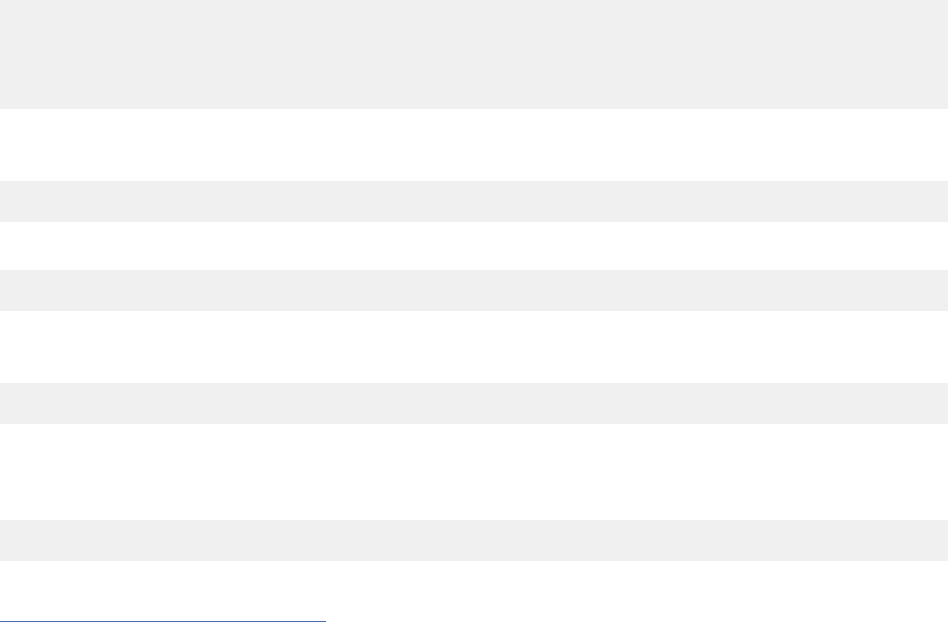
Determining when a row was changed
If a table has a ROW CHANGE TIMESTAMP column, you can determine when a row was changed.
Procedure
Issue a SELECT statement with the ROW CHANGE TIMESTAMP column in the column list.
If a qualifying row does not have a value for the ROW CHANGE TIMESTAMP column, Db2 returns the time
that the page in which that row resides was updated.
Example
Suppose that you issue the following statements to create, populate, and alter a table:
CREATE TABLE T1 (C1 INTEGER NOT NULL);
INSERT INTO T1 VALUES (1);
ALTER TABLE T1 ADD COLUMN C2 NOT NULL GENERATED ALWAYS
FOR EACH ROW ON UPDATE AS ROW CHANGE TIMESTAMP;
SELECT T1.C2 FROM T1 WHERE T1.C1 = 1;
Because the ROW CHANGE TIMESTAMP column was added after the data was inserted, the following
statement returns the time that the page was last modied:
SELECT T1.C2 FROM T1 WHERE T1.C1 = 1;
Assume that you then issue the following statement:
INSERT INTO T1(C1) VALUES (2);
Assume that this row is added to the same page as the rst row. The following statement returns the time
that value "2" was inserted into the table:
SELECT T1.C2 FROM T1 WHERE T1.C1 = 2;
Because the row with value "1" still does not have a value for the ROW CHANGE TIMESTAMP column, the
following statement still returns the time that the page was last modied, which in this case is the time
that value "2" was inserted:
SELECT T1.C2 FROM T1 WHERE T1.C1 = 1;
Related reference
CREATE TABLE statement (Db2 SQL)
Checking whether an XML column contains a certain value
You can determine which rows contain any fragment of XML data that you specify.
Procedure
Specify the XMLEXISTS predicate in the WHERE clause of your SQL statement.
Include the following parameters for the XMLEXISTS predicate:
• An XPath expression that is embedded in a character string literal. Specify an XPath expression that
identies the XML data that you are looking for. If the result of the XPath expression is an empty
sequence, XMLEXISTS returns false. If the result is not empty, XMLEXISTS returns true. If the evaluation
of the XPath expression returns an error, XMLEXISTS returns an error.
• The XML column name. Specify this value after the PASSING keyword.
Chapter 3. Db2 SQL programming
445

Example
Suppose that you want to return only purchase orders that have a billing address. Assume that column
XMLPO stores the XML purchase order documents and that the billTo nodes within these documents
contain any billing addresses. You can use the following SELECT statement with the XMLEXISTS
predicate:
SELECT XMLPO FROM T1
WHERE XMLEXISTS ('declare namespace ipo="http://www.example.com/IPO";
/ipo:purchaseOrder[billTo]'
PASSING XMLPO);
Related reference
XMLEXISTS predicate (Db2 SQL)
Accessing Db2 data that is not in a table
You can access Db2 data that is not in a table by returning the value of an SQL expression in a host
variable.
Procedure
To return the value of an SQL expression that does not include the value of a table column in host variable,
use one of the following approaches:
• Use the SET host-variable assignment statement to set the contents of a host variable to the value of
an expression.
EXEC SQL SET :hvrandval = RAND(:hvrand);
• Use the VALUES INTO statement to return the value of an expression in a host variable.
EXEC SQL VALUES RAND(:hvrand)
INTO :hvrandval;
• Use the following statement to select the expression from the Db2-provided EBCDIC table, named
SYSIBM.SYSDUMMY1, which consists of one row.
EXEC SQL SELECT RAND(:hvrand)
INTO :hvrandval
FROM SYSIBM.SYSDUMMY1;
Related reference
SET assignment-statement statement (Db2 SQL)
VALUES INTO statement (Db2 SQL)
SYSDUMMY1 catalog table (Db2 SQL)
Ensuring that queries perform sufciently
It is important to make sure that any individual queries that are included in your program are not slowing
down the performance of your program.
Before you begin
Tip: Query tuning capabilities that can help you with this task, such as visual explain and statistics
advisor, are available in IBM Db2 Administration Foundation for z/OS
and IBM Db2 for z/OS Developer
Extension.
Procedure
To ensure that queries perform sufciently:
446
Db2 12 for z/OS: Application Programming and SQL Guide (Last updated: 2024-07-30)

1. Tune each query in your program by following the general tuning guidelines for how to write efcient
queries. For more information, see Writing efcient SQL queries (Db2 Performance).
2. If you suspect that a query is not as efcient as it could be, monitor its performance.
You can use a number of different functions and techniques to monitor SQL performance, including the
EXPLAIN statement.
Related concepts
Investigating SQL performance by using EXPLAIN (Db2 Performance)
Interpreting data access by using EXPLAIN (Db2 Performance)
Related tasks
Investigating access path problems (Db2 Performance)
Related reference
EXPLAIN statement (Db2 SQL)
Items to include in a batch DL/I program
When you use a batch DL/I program with Db2, you must include certain items in your program.
A batch DL/I program can issue:
• Any IMS batch call, except ROLS, SETS, and SYNC calls. ROLS and SETS calls provide intermediate
backout point processing, which Db2 does not support. The SYNC call provides commit point processing
without identifying the commit point with a value. IMS does not allow a SYNC call in batch, and neither
does the Db2 DL/I batch support.
Issuing a ROLS, SETS, or SYNC call in an application program causes a system abend X'04E' with the
reason code X'00D44057' in register 15.
• GSAM calls.
• IMS system services calls.
• Any SQL statements, except COMMIT and ROLLBACK. IMS and CICS environments do not allow those
SQL statements; however, IMS and CICS do allow ROLLBACK TO SAVEPOINT. You can use the IMS
CHKP call to commit data and the IMS ROLL or ROLB to roll back changes.
Issuing a COMMIT statement causes SQLCODE -925; issuing a ROLLBACK statement causes SQLCODE
-926. Those statements also return SQLSTATE '2D521'.
• Any call to a standard or traditional access method (for example, QSAM, VSAM, and so on).
The restart capabilities for Db2 and IMS databases, as well as for sequential data sets that are accessed
through GSAM, are available through the IMS Checkpoint and Restart facility.
Db2 allows access to both Db2 and DL/I data through the use of the following Db2 and IMS facilities:
• IMS synchronization calls, which commit and abnormally terminate units of recovery
• The Db2 IMS attachment facility, which handles the two-phase commit protocol and enables both
systems to synchronize a unit of recovery during a restart after a failure
• The IMS log, which is used to record the instant of commit
In a data sharing environment, DL/I batch supports group attachment or subgroup attachment. You can
specify a group attachment name instead of a subsystem name in the SSN parameter of the DDITV02
data set for the DL/I batch job.
Requirements for using Db2 in a DL/I batch job
Using Db2 in a DL/I batch job requires the following changes to the application program and the job step
JCL:
• Add SQL statements to your application program to gain access to Db2 data. You must then precompile
the application program and bind the resulting DBRM into a package.
Chapter 3. Db2 SQL programming
447
• Before you run the application program, use JOBLIB, STEPLIB, or link book to access the Db2 load
library, so that Db2 modules can be loaded.
• In a data set that is specied by a DDITV02 DD statement, specify the program name and plan name for
the application, and the connection name for the DL/I batch job.
In an input data set or in a subsystem member, specify information about the connection between Db2
and IMS. The input data set name is specied with a DDITV02 DD statement. The subsystem member
name is specied by the parameter SSM= on the DL/I batch invocation procedure.
• Optionally specify an output data set using the DDOTV02 DD statement. You might need this data set to
receive messages from the IMS attachment facility about indoubt threads and diagnostic information.
Program design considerations for using DL/I batch
Address spaces in DL/I batch:
A DL/I batch region is independent of both the IMS control region and the CICS address space. The
DL/I batch region loads the DL/I code into the application region along with the application program.
Commits in DL/I batch:
Commit IMS batch applications frequently so that you do not use resources for an extended time.
SQL statements and IMS calls in DL/I batch:
DL/I batch applications cannot use the SQL COMMIT and ROLLBACK statements; otherwise, you get
an SQL error code. DLI/I batch applications also cannot use ROLS, SETS, and SYNC calls; otherwise
the application program abnormally terminates.
Checkpoint calls in DL/I batch:
Write your program with SQL statements and DL/I calls, and use checkpoint calls. The frequency of
checkpoints depends on the application design. All checkpoints that are issued by a batch application
program must be unique. At a checkpoint, DL/I positioning is lost, Db2 cursors are closed (with the
possible exception of cursors that are dened as WITH HOLD), commit duration locks are freed (again
with some exceptions), and database changes are considered permanent to both IMS and Db2.
Application program synchronization in DL/I batch:
You can design an application program without using IMS checkpoints. In that case, if the program
abnormally terminates before completing, Db2 backs out any updates, and you can use the IMS batch
backout utility to back out the DL/I changes.
You can also have IMS dynamically back out the updates within the same job. You must specify the
BKO parameter as 'Y' and allocate the IMS log to DASD.
You could have a problem if the system on which the job is run fails after the program terminates but
before the job step ends. If you do not have a checkpoint call before the program ends, Db2 commits
the unit of work without involving IMS. If the system fails before DL/I commits the data, the Db2 data
is out of synchronization with the DL/I changes. If the system fails during Db2 commit processing,
the Db2 data could be indoubt. When you restart the application program, use the XRST call to obtain
checkpoint information and resolve any Db2 indoubt work units.
Recommendation: Always issue a symbolic checkpoint at the end of any update job to coordinate the
commit of the outstanding unit of work for IMS and Db2.
Checkpoint and XRST considerations in DL/I batch:
If you use an XRST call, Db2 assumes that any checkpoint that is issued is a symbolic checkpoint. The
options of the symbolic checkpoint call differ from the options of a basic checkpoint call. Using the
incorrect form of the checkpoint call can cause problems.
If you do not use an XRST call, Db2 assumes that any checkpoint call that is issued is a basic
checkpoint.
To make restart easier, use EBCDIC characters for checkpoint IDs.
When an application program needs to be restartable, you must use symbolic checkpoint and XRST
calls. If you use an XRST call, it must be the rst IMS call that is issued, and it must occur before any
SQL statement. Also, you must use only one XRST call.
448
Db2 12 for z/OS: Application Programming and SQL Guide (Last updated: 2024-07-30)

Synchronization call abends in DL/I batch:
If the application program contains an incorrect IMS synchronization call (CHKP, ROLB, ROLL, or
XRST), causing IMS to issue a bad status code in the PCB, Db2 abends the application program. Be
sure to test these calls before placing the programs in production.
Related concepts
Input and output data sets for DL/I batch jobs
DL/I batch jobs require an input data set with DD name DDITV02 and an output data set with DD name
DDOTV02.
Multiple system consistency (Db2 Administration Guide)
Related tasks
Preparing an application to run on Db2 for z/OS
To prepare and run applications that contain embedded static SQL statements or dynamic SQL
statements, you must process, compile, link-edit, and bind the SQL statements.
Invoking a user-dened function
You can use a user-dened function wherever you can use a built-in function.
You can invoke a sourced or external user-dened scalar function in an SQL statement wherever you use
an expression. For a table function, you can invoke the user-dened function only in the FROM clause of
a SELECT statement. The invoking SQL statement can be in a stand alone program, a stored procedure, a
trigger body, or another user-dened function.
Recommendations for invoking user-dened functions:
Invoke user-dened functions with external actions and nondeterministic user-dened functions from
select lists: Invoking user-dened functions with external action from a select list and nondeterministic
user-dened functions from a select list is preferred to invoking these user-dened functions from a
predicate.
The access path that Db2 chooses for a predicate determines whether a user-dened function in that
predicate is invoked. To ensure that Db2 executes the external action for each row of the result table, put
the user-dened function invocation in the SELECT list.
Invoking a nondeterministic user-dened function from a predicate can yield undesirable results. The
following example demonstrates this idea.
Suppose that you execute this query:
SELECT COUNTER(), C1, C2 FROM T1 WHERE COUNTER() = 2;
Table T1 looks like this:
C1 C2
-- --
1 b
2 c
3 a
COUNTER is a user-dened function that increments a variable in the scratchpad each time it is invoked.
Db2 invokes an instance of COUNTER in the predicate 3 times. Assume that COUNTER is invoked for row
1 rst, for row 2 second, and for row 3 third. Then COUNTER returns 1 for row 1, 2 for row 2, and 3 for
row 3. Therefore, row 2 satises the predicate WHERE COUNTER()=2, so Db2 evaluates the SELECT list
for row 2. Db2 uses a different instance of COUNTER in the select list from the instance in the predicate.
Because the instance of COUNTER in the select list is invoked only once, it returns a value of 1. Therefore,
the result of the query is:
COUNTER() C1 C2
--------- -- --
1 2 c
Chapter 3. Db2 SQL programming
449

This is not the result you might expect.
The results can differ even more, depending on the order in which Db2 retrieves the rows from the
table. Suppose that an ascending index is dened on column C2. Then Db2 retrieves row 3 rst, row 1
second, and row 2 third. This means that row 1 satises the predicate WHERE COUNTER()=2. The value of
COUNTER in the select list is again 1, so the result of the query in this case is:
COUNTER() C1 C2
--------- -- --
1 1 b
Understand the interaction between scrollable cursors and nondeterministic user-dened functions or
user-dened functions with external actions: When you use a scrollable cursor, you might retrieve the
same row multiple times while the cursor is open. If the select list of the cursor's SELECT statement
contains a user-dened function, that user-dened function is executed each time you retrieve a row.
Therefore, if the user-dened function has an external action, and you retrieve the same row multiple
times, the external action is executed multiple times for that row.
A similar situation occurs with scrollable cursors and nondeterministic functions. The result of a
nondeterministic user-dened function can be different each time you execute the user-dened function.
If the select list of a scrollable cursor contains a nondeterministic user-dened function, and you use that
cursor to retrieve the same row multiple times, the results can differ each time you retrieve the row.
A nondeterministic user-dened function in the predicate of a scrollable cursor's SELECT statement does
not change the result of the predicate while the cursor is open. Db2 evaluates a user-dened function in
the predicate only once while the cursor is open.
Related concepts
Abnormal termination of an external user-dened function
If an external user-dened function abnormally terminates, your program receives SQLCODE -430 for
invoking the statement.
Function invocation (Db2 SQL)
Related reference
from-clause (Db2 SQL)
How Db2 determines the authorization for invoking user-dened functions
Both the authorization used to invoke a user-dened function (UDF) and the authorization used for
executing each SQL statement in the function influence the processing of a UDF.
The authorization that is required to invoke a user dened function depends on the whether the UDF is
invoked statically or dynamically:
• For static invocations, the authorization of the owner of the package that contains the invocation of the
UDF is used.
• For dynamic invocations, the DYNAMICRULES bind option of the package that contains the invocation
of the user-dened determines the authorization that is used. For more information about how Db2
applies the DYNAMICRULES bind option, see DYNAMICRULES bind option (Db2 Commands).
Similarly, the authorization that Db2 uses to process each SQL statement inside a UDF depends on
whether the statement is a static or dynamic SQL statement:
• For static SQL statements, the authorization of the owner of the UDF is used.
• For dynamic SQL statements, the DYNAMICRULES option of the CREATE FUNCTION statement
determines the authorization that is used.
Related concepts
Function invocation (Db2 SQL)
Privileges required for executing routines (Managing Security)
Related tasks
Examples of granting privileges for routines (Managing Security)
450
Db2 12 for z/OS: Application Programming and SQL Guide (Last updated: 2024-07-30)

Related reference
CREATE FUNCTION statement (overview) (Db2 SQL)
Ensuring that Db2 executes the intended user-dened function
Multiple functions can with the same name can exist in the same schema or in different schemas. You can
take certain actions so that Db2 chooses the correct function to execute.
About this task
The combination of the function name and the parameter list form the signature that Db2 uses to identify
a function. For detailed information about the rules and process that Db2 uses to identify the function to
invoke, see Function resolution (Db2 SQL)
.
If the signatures of two functions match, including built-in and user-dened functions, you must take
appropriate action to ensure that Db2 invokes the correct intended function.
Procedure
To simplify the resolution of built-in and user-dened functions, use the following techniques:
• When you invoke a function, use the qualied name.
This causes Db2 to search for functions only in the schema you specify. This approach has the
following advantages:
– Db2 is less likely to choose a function that you did not intend to use. Several functions might t the
invocation equally well. Db2 picks the function whose schema name is listed rst in the SQL path,
which might not be the function you want.
– The number of candidate functions is smaller, so Db2 takes less time for function resolution.
• Cast parameters in a user-dened function invocation to the types in the user-dened function
denition. For example, if an input parameter for user-dened function FUNC is dened as
DECIMAL(13,2), and the value you want to pass to the user-dened function is an integer value, cast
the integer value to DECIMAL(13,2):
For example, if an input parameter for user-dened function FUNC is dened as DECIMAL(13,2), and
the value you want to pass to the user-dened function is an integer value, cast the integer value to
DECIMAL(13,2):
SELECT FUNC(CAST (INTCOL AS DECIMAL(13,2))) FROM T1;
• Use the data type BIGINT for numeric parameters in a user-dened function.
When you invoke the function, you can pass in SMALLINT, INTEGER, or BIGINT values. If you use
SMALLINT or REAL as the parameter type, you must pass parameters of the same types. For example,
if user-dened function FUNC is dened with a parameter of type SMALLINT, only an invocation with a
parameter of type SMALLINT resolves correctly. The following call does not resolve to FUNC because
the constant 123 is of type INTEGER, not SMALLINT:
SELECT FUNC(123) FROM T1;
• Avoid dening user-dened function string parameters with xed-length string types.
If you dene a parameter with a xed-length string type (CHAR, GRAPHIC, or BINARY), you can
invoke the user-dened function only with a xed-length string parameter. However, if you dene
the parameter with a varying-length string type (VARCHAR, VARGRAPHIC, or VARBINARY), you can
invoke the user-dened function with either a xed-length string parameter or a varying-length string
parameter.
If you must dene parameters for a user-dened function as CHAR or BINARY, and you call the user-
dened function from a C program or SQL procedure, you need to cast the corresponding parameter
values in the user-dened function invocation to CHAR or BINARY to ensure that Db2 invokes the
correct function. For example, suppose that a C program calls user-dened function CVRTNUM, which
Chapter 3. Db2 SQL programming
451

takes one input parameter of type CHAR(6). Also suppose that you declare host variable empnumbr as
char empnumbr[6]. When you invoke CVRTNUM, cast empnumbr to CHAR:
UPDATE EMP
SET EMPNO=CVRTNUM(CHAR(:empnumbr))
WHERE EMPNO = :empnumbr;
Related concepts
Functions (Db2 SQL)
How Db2 resolves functions
Function resolution is the process by which Db2 determines which user-dened function or built-in
function to execute. You need to understand the function resolution process that Db2 uses to ensure that
you invoke the user-dened function that you want to invoke.
Several user-dened functions with the same name but different numbers or types of parameters can
exist in a Db2 subsystem. Several user-dened functions with the same name can have the same number
of parameters, as long as the data types of any of the rst 30 parameters are different. In addition, several
user-dened functions might have the same name as a built-in function. When you invoke a function, Db2
must determine which user-dened function or built-in function to execute.
Db2 performs these steps for function resolution:
1. Determines if any function instances are candidates for execution. If no candidates exist, Db2 issues
an SQL error message.
2. Compares the data types of the input parameters to determine which candidates t the invocation
best.
Db2 does not compare data types for input parameters that are untyped parameter markers.
For a qualied function invocation, if there are no parameter markers in the invocation, the result of the
data type comparison is one best t. That best t is the choice for execution. If there are parameter
markers in the invocation, there might be more than one best t. Db2 issues an error if there is more
than one best t.
For an unqualied function invocation, Db2 might nd multiple best ts because the same function
name with the same input parameters can exist in different schemas, or because there are parameter
markers in the invocation.
3. If two or more candidates t the unqualied function invocation equally well because the same
function name with the same input parameters exists in different schemas, Db2 chooses the user-
dened function whose schema name is earliest in the SQL path.
For example, suppose functions SCHEMA1.X and SCHEMA2.X t a function invocation equally well.
Assume that the SQL path is:
"SCHEMA2", "SYSPROC", "SYSIBM", "SCHEMA1", "SYSFUN"
Then Db2 chooses function SCHEMA2.X.
If two or more candidates t the unqualied function invocation equally well because the function
invocation contains parameter markers, Db2 issues an error.
The remainder of this section discusses details of the function resolution process and gives suggestions
on how you can ensure that Db2 picks the right function.
How Db2 chooses candidate functions:
An instance of a user-dened function is a candidate for execution only if it meets all of the following
criteria:
• If the function name is qualied in the invocation, the schema of the function instance matches the
schema in the function invocation.
452
Db2 12 for z/OS: Application Programming and SQL Guide (Last updated: 2024-07-30)

If the function name is unqualied in the invocation, the schema of the function instance matches a
schema in the invoker's SQL path.
• The name of the function instance matches the name in the function invocation.
• The number of input parameters in the function instance matches the number of input parameters in
the function invocation.
• The function invoker is authorized to execute the function instance.
• The type of each of the input parameters in the function invocation matches or is promotable to the type
of the corresponding parameter in the function instance.
If an input parameter in the function invocation is an untyped parameter marker, Db2 considers that
parameter to be a match or promotable.
For a function invocation that passes a transition table, the data type, length, precision, and scale of
each column in the transition table must match exactly the data type, length, precision, and scale
of each column of the table that is named in the function instance denition. For information about
transition tables, see “Creating a trigger” on page 149.
• The create timestamp for a user-dened function must be older than the BIND or REBIND timestamp
for the package or plan in which the user-dened function is invoked.
If Db2 authorization checking is in effect, and Db2 performs an automatic rebind on a plan or package
that contains a user-dened function invocation, any user-dened functions that were created after the
original BIND or REBIND of the invoking plan or package are not candidates for execution.
If you use an access control authorization exit routine, some user-dened functions that were not
candidates for execution before the original BIND or REBIND of the invoking plan or package might
become candidates for execution during the automatic rebind of the invoking plan or package.
If a user-dened function is invoked during an automatic rebind, and that user-dened function is
invoked from a trigger body and receives a transition table, then the form of the invoked function that
Db2 uses for function selection includes only the columns of the transition table that existed at the time
of the original BIND or REBIND of the package or plan for the invoking program.
During an automatic rebind, Db2 does not consider built-in functions for function resolution if those
built-in functions were introduced in a later release of Db2 than the release in which the BIND or
REBIND of the invoking plan or package occurred.
When you explicitly bind or rebind a plan or package, the plan or package receives a release
dependency marker. When Db2 performs an automatic rebind of a query that contains a function
invocation, a built-in function is a candidate for function resolution only if the release dependency
marker of the built-in function is the same as or lower than the release dependency marker of the plan
or package that contains the function invocation.
Example: Suppose that in this statement, the data type of A is SMALLINT:
SELECT USER1.ADDTWO(A) FROM TABLEA;
Two instances of USER1.ADDTWO are dened: one with an input parameter of type INTEGER and
one with an input parameter of type DECIMAL. Both function instances are candidates for execution
because the SMALLINT type is promotable to either INTEGER or DECIMAL. However, the instance with
the INTEGER type is a better t because INTEGER is higher in the list than DECIMAL.
How Db2 chooses the best t among candidate functions:
More than one function instance might be a candidate for execution. In that case, Db2 determines which
function instances are the best t for the invocation by comparing parameter data types.
If the data types of all parameters in a function instance are the same as those in the function invocation,
that function instance is a best t. If no exact match exists, Db2 compares data types in the parameter
lists from left to right, using this method:
1. Db2 compares the data types of the rst parameter in the function invocation to the data type of the
rst parameter in each function instance.
Chapter 3. Db2 SQL programming
453
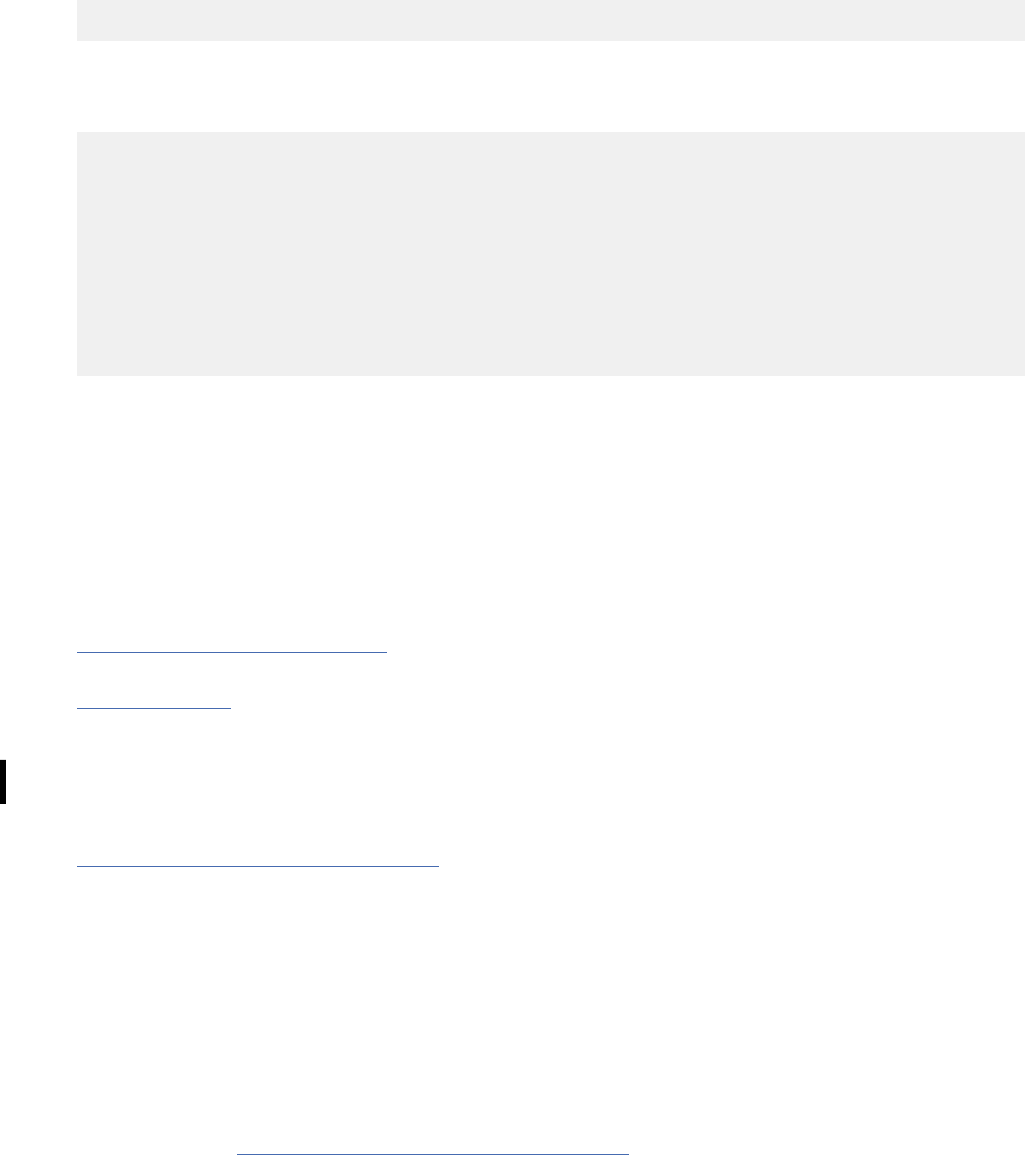
If the rst parameter in the invocation is an untyped parameter marker, Db2 does not do the
comparison.
2. For the rst parameter, if one function instance has a data type that ts the function invocation better
than the data types in the other instances, that function is a best t.
3. If the data types of the rst parameter are the same for all function instances, or if the rst parameter
in the function invocation is an untyped parameter marker, Db2 repeats this process for the next
parameter. Db2 continues this process for each parameter until it nds a best t.
Example of function resolution: Suppose that a program contains the following statement:
SELECT FUNC(VCHARCOL,SMINTCOL,DECCOL) FROM T1;
In user-dened function FUNC, VCHARCOL has data type VARCHAR, SMINTCOL has data type SMALLINT,
and DECCOL has data type DECIMAL. Also suppose that two function instances with the following
denitions meet the appropriate criteria and are therefore candidates for execution.
Candidate 1:
CREATE FUNCTION FUNC(VARCHAR(20),INTEGER,DOUBLE)
RETURNS DECIMAL(9,2)
EXTERNAL NAME 'FUNC1'
PARAMETER STYLE SQL
LANGUAGE COBOL;
Candidate 2:
CREATE FUNCTION FUNC(VARCHAR(20),REAL,DOUBLE)
RETURNS DECIMAL(9,2)
EXTERNAL NAME 'FUNC2'
PARAMETER STYLE SQL
LANGUAGE COBOL;
Db2 compares the data type of the rst parameter in the user-dened function invocation to the data
types of the rst parameters in the candidate functions. Because the rst parameter in the invocation has
data type VARCHAR, and both candidate functions also have data type VARCHAR, Db2 cannot determine
the better candidate based on the rst parameter. Therefore, Db2 compares the data types of the second
parameters.
The data type of the second parameter in the invocation is SMALLINT. INTEGER, which is the data type
of candidate 1, is a better t to SMALLINT than REAL, which is the data type of candidate 2. Therefore,
candidate 1 is the Db2 choice for execution.
Related concepts
Promotion of data types (Db2 SQL)
Related tasks
Creating a trigger
A trigger is a set of SQL statements that execute when a certain event occurs in a table or view. Use
triggers to control changes in Db2 databases. Triggers are more powerful than constraints because they
can monitor a broader range of changes and perform a broader range of actions. This topic describes
support for advanced triggers.
Related information
Exit routines (Db2 Administration Guide)
Checking how Db2 resolves functions by using DSN_FUNCTION_TABLE
Because multiple user-dened functions can have the same name, you should ensure that Db2 invokes
the function that you intended to invoke. One way to check that the correct function was invoked is to use
a function table called DSN_FUNCTION_TABLE.
Procedure
To check how Db2 resolves a function by using DSN_FUNCTION_TABLE:
1. If your_userID.DSN_FUNCTION_TABLE does not already exist, create this table by following the
instructions in DSN_FUNCTION_TABLE (Db2 Performance).
454
Db2 12 for z/OS: Application Programming and SQL Guide (Last updated: 2024-07-30)
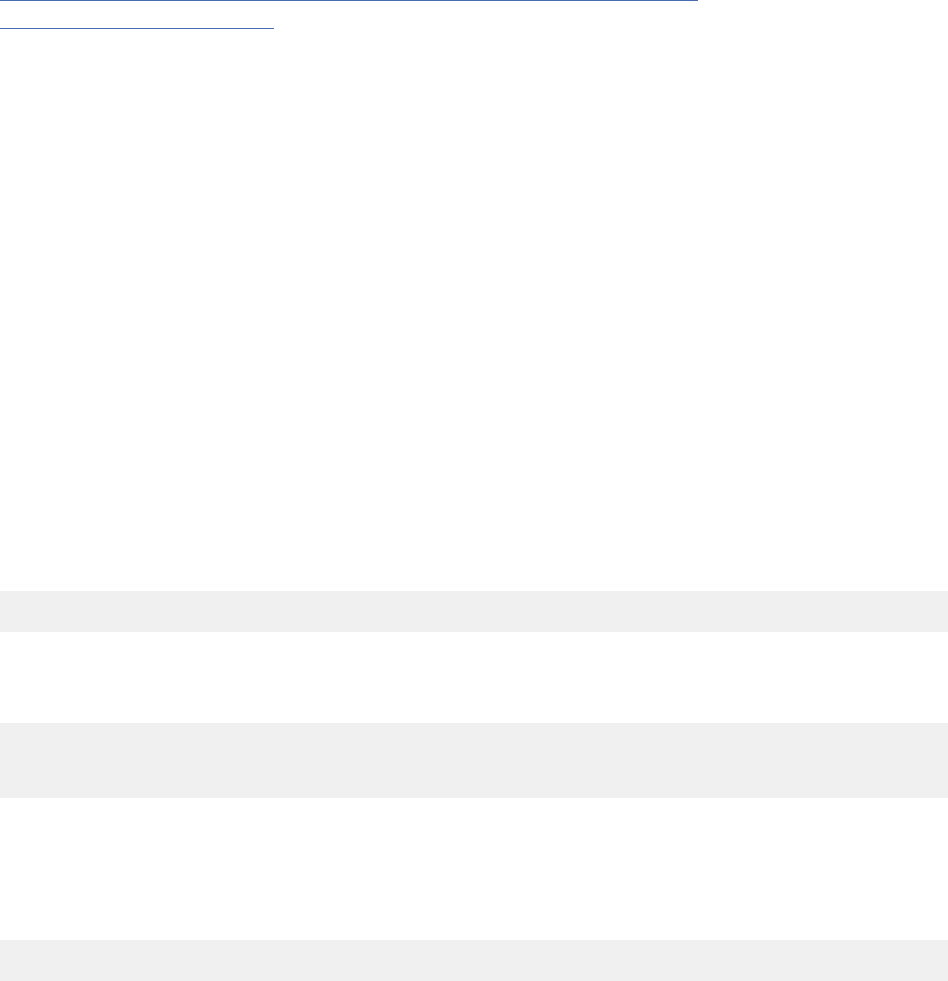
2. Populate your_userID.DSN_FUNCTION_TABLE with information about which functions are invoked by a
particular SQL statement by performing one of the following actions:
• Execute the EXPLAIN statement on the SQL statement.
• Ensure that the program that contains the SQL statement is bound with EXPLAIN(YES) and run the
program.
Db2 puts a row in your_userID.DSN_FUNCTION_TABLE for each function that is referenced in each SQL
statement.
3. Check the rows that were added to your_userID.DSN_FUNCTION_TABLE to ensure that the appropriate
function was invoked. Use the following columns to help you nd applicable rows: QUERYNO,
APPLNAME, PROGNAM, COLLID, and EXPLAIN_TIME.
Related reference
BIND and REBIND options for packages, plans, and services (Db2 Commands)
EXPLAIN statement (Db2 SQL)
Restrictions when passing arguments with distinct types to functions
Because Db2 enforces strong typing when you pass arguments to a function, you must follow certain rules
when passing arguments with distinct types to functions.
Adhere to the following rules:
• You can pass arguments that have distinct types to a function if either of the following conditions is true:
– A version of the function that accepts those distinct types is dened.
This also applies to inx operators. If you want to use one of the ve built-in inx operators (||, /, *, +,
-) with your distinct types, you must dene a version of that operator that accepts the distinct types.
– You can cast your distinct types to the argument types of the function.
• If you pass arguments to a function that accepts only distinct types, the arguments you pass must
have the same distinct types as in the function denition. If the types are different, you must cast your
arguments to the distinct types in the function denition.
If you pass constants or host variables to a function that accepts only distinct types, you must cast the
constants or host variables to the distinct types that the function accepts.
The following examples demonstrate how to use distinct types as arguments in function invocations.
Example: Dening a function with distinct types as arguments: Suppose that you want to invoke the
built-in function HOUR with a distinct type that is dened like this:
CREATE DISTINCT TYPE FLIGHT_TIME AS TIME;
The HOUR function takes only the TIME or TIMESTAMP data type as an argument, so you need a sourced
function that is based on the HOUR function that accepts the FLIGHT_TIME data type. You might declare a
function like this:
CREATE FUNCTION HOUR(FLIGHT_TIME)
RETURNS INTEGER
SOURCE SYSIBM.HOUR(TIME);
Example: Casting function arguments to acceptable types: Another way you can invoke the HOUR
function is to cast the argument of type FLIGHT_TIME to the TIME data type before you invoke the
HOUR function. Suppose table FLIGHT_INFO contains column DEPARTURE_TIME, which has data type
FLIGHT_TIME, and you want to use the HOUR function to extract the hour of departure from the departure
time. You can cast DEPARTURE_TIME to the TIME data type, and then invoke the HOUR function:
SELECT HOUR(CAST(DEPARTURE_TIME AS TIME)) FROM FLIGHT_INFO;
Chapter 3. Db2 SQL programming
455
Example: Using an inx operator with distinct type arguments: Suppose you want to add two values of
type US_DOLLAR. Before you can do this, you must dene a version of the + function that accepts values
of type US_DOLLAR as operands:
CREATE FUNCTION "+"(US_DOLLAR,US_DOLLAR)
RETURNS US_DOLLAR
SOURCE SYSIBM."+"(DECIMAL(9,2),DECIMAL(9,2));
Because the US_DOLLAR type is based on the DECIMAL(9,2) type, the source function must be the
version of + with arguments of type DECIMAL(9,2).
Example: Casting constants and host variables to distinct types to invoke a user-dened function:
Suppose function CDN_TO_US is dened like this:
CREATE FUNCTION EURO_TO_US(EURO)
RETURNS US_DOLLAR
EXTERNAL NAME 'CDNCVT'
PARAMETER STYLE SQL
LANGUAGE C;
This means that EURO_TO_US accepts only the EURO type as input. Therefore, if you want to call
CDN_TO_US with a constant or host variable argument, you must cast that argument to distinct type
EURO:
SELECT * FROM US_SALES
WHERE TOTAL = EURO_TO_US(EURO(:H1));
SELECT * FROM US_SALES
WHERE TOTAL = EURO_TO_US(EURO(10000));
Cases when Db2 casts arguments for a user-dened function
In certain situations, when you invoke a user-dened function, Db2 casts your input argument values to
different data types and lengths.
Whenever you invoke a user-dened function, Db2 assigns your input argument values to parameters with
the data types and lengths in the user-dened function denition.
When you invoke a user-dened function that is sourced on another function, Db2 casts your arguments
to the data types and lengths of the sourced function.
The following example demonstrates what happens when the parameter denitions of a sourced function
differ from those of the function on which it is sourced.
Suppose that external user-dened function TAXFN1 is dened like this:
CREATE FUNCTION TAXFN1(DEC(6,0))
RETURNS DEC(5,2)
PARAMETER STYLE SQL
LANGUAGE C
EXTERNAL NAME TAXPROG;
Sourced user-dened function TAXFN2, which is sourced on TAXFN1, is dened like this:
CREATE FUNCTION TAXFN2(DEC(8,2))
RETURNS DEC(5,0)
SOURCE TAXFN1;
You invoke TAXFN2 using this SQL statement:
UPDATE TB1
SET SALESTAX2 = TAXFN2(PRICE2);
TB1 is dened like this:
CREATE TABLE TB1
(PRICE1 DEC(6,0),
456
Db2 12 for z/OS: Application Programming and SQL Guide (Last updated: 2024-07-30)

SALESTAX1 DEC(5,2),
PRICE2 DEC(9,2),
SALESTAX2 DEC(7,2));
Now suppose that PRICE2 has the DECIMAL(9,2) value 0001234.56. Db2 must rst assign this value
to the data type of the input parameter in the denition of TAXFN2, which is DECIMAL(8,2). The input
parameter value then becomes 001234.56. Next, Db2 casts the parameter value to a source function
parameter, which is DECIMAL(6,0). The parameter value then becomes 001234. (When you cast a value,
that value is truncated, rather than rounded.)
Now, if TAXFN1 returns the DECIMAL(5,2) value 123.45, Db2 casts the value to DECIMAL(5,0), which is
the result type for TAXFN2, and the value becomes 00123. This is the value that Db2 assigns to column
SALESTAX2 in the UPDATE statement.
Casting of parameter markers
You can use untyped parameter markers in a function invocation. However, Db2 cannot compare the data
types of untyped parameter markers to the data types of candidate functions. Therefore, Db2 might nd
more than one function that qualies for invocation. If this happens, an SQL error occurs. To ensure that
Db2 picks the right function to execute, cast the parameter markers in your function invocation to the
data types of the parameters in the function that you want to execute. For example, suppose that two
versions of function FX exist. One version of FX is dened with a parameter of type of DECIMAL(9,2), and
the other is dened with a parameter of type INTEGER. You want to invoke FX with a parameter marker,
and you want Db2 to execute the version of FX that has a DECIMAL(9,2) parameter. You need to cast the
parameter marker to a DECIMAL(9,2) type by using a CAST specication:
SELECT FX(CAST(? AS DECIMAL(9,2))) FROM T1;
Related concepts
Assignment and comparison (Db2 SQL)
Chapter 3. Db2 SQL programming
457
458Db2 12 for z/OS: Application Programming and SQL Guide (Last updated: 2024-07-30)

Chapter 4. Embedded SQL programming
Application programs written in host languages such as COBOL can contain SQL statements. The source
form of a static SQL statement is embedded within application program, and the statement is prepared
before the program is executed and the operational form of the statement persists beyond the execution
of the program.
An application program can also contain dynamic SQL statements referred to as embedded dynamic
SQL. Programs that contain embedded dynamic SQL statements must be precompiled like those that
contain static SQL, but unlike static SQL, the dynamic statements are constructed and prepared at run
time. The source form of a dynamic statement is a character string that is passed to Db2 by the program
using the static SQL PREPARE or EXECUTE IMMEDIATE statement. A statement that is prepared using
the PREPARE statement can be referenced in a DECLARE CURSOR, DESCRIBE, or EXECUTE statement.
Whether the operational form of the statement is persistent depends on whether dynamic statement
caching is enabled.
Overview of programming applications that access Db2 for z/OS
data
Applications that interact with Db2 must rst connect to Db2. They can then read, add, or modify data or
manipulate Db2 objects.
About this task
A query is an SQL statement that returns data from a Db2 database. Your program can use several
methods to communicate SQL statements to Db2 for z/OS. After processing the statement, Db2 issues a
return code, which your program can test to determine the result of the operation.
Introductory concepts
Programming for Db2 for z/OS (Introduction to Db2 for z/OS)
Tools and IDEs for developing Db2 applications (Introduction to Db2 for z/OS)
Preparation process for an application program (Introduction to Db2 for z/OS)
Performance information for SQL application programming (Introduction to Db2 for z/OS)
Procedure
To include Db2 for z/OS queries in an application program:
1. Choose one of the following methods for communicating with Db2:
Static SQL
The source form of a static SQL statement is embedded within an application program written in a
host language. The statement is prepared before the program is executed and the operational form
of the statement persists beyond the execution of the program.
Embedded dynamic SQL
Dynamic SQL is prepared and executed while the program is running.
Open Database Connectivity (ODBC)
You access data through ODBC function calls in your application. You execute SQL statements by
passing them to Db2 through a ODBC function call. ODBC eliminates the need for precompiling
and binding your application and increases the portability of your application by using the ODBC
interface.
JDBC application support
If you are writing your applications in Java, you can use JDBC application support to access Db2.
JDBC is similar to ODBC but is designed specically for use with Java.
©
Copyright IBM Corp. 1983, 2022 459

SQLJ application support
You also can use SQLJ application support to access Db2. SQLJ is designed to simplify the coding
of Db2 calls for Java applications.
Db2 for Linux, UNIX, and Windows drivers
You can use the client drivers to connect to Db2 for z/OS from application programming languages
such as Node.js, Perl, Python, Ruby on Rails, PHP, and others.
2. Optional: Declare the tables and views that you use.
You can use DCLGEN to generate these declarations.
3. Dene the items that your program can use to check whether an SQL statement executed successfully.
You can either dene an SQL communications area (SQLCA) or declare SQLSTATE and SQLCODE host
variables.
4. Dene at least one SQL descriptor area (SQLDA).
5. Declare any of the following data items for passing data between Db2 and a host language:
• “Host variables” on page 475
• “Host-variable arrays” on page 476
• “Host structures” on page 477
Ensure that you use the appropriate data types. For details, see “Compatibility of SQL and language
data types” on page 482
6. Code SQL statements to access Db2 data. Make sure to delimit the statements correctly for the
specic programming language.
For more information about coding SQL statements in host languages, see the language-specic
information for your programming language:
• Assembler
• C and C++
• COBOL
• Fortran
• Java
• ODBC
• PL/I
• REXX
Consider using cursors to select a set of rows and then process the set either one row at a time or one
rowset at a time.
7. Check the execution of the SQL statements.
8. Handle any SQL error codes.
What to do next
“Writing applications that enable users to create and modify tables” on page 539
“Saving SQL statements that are translated from user requests” on page 540
Related concepts
Example programs that call stored procedures
Examples can be used as models when you write applications that call stored procedures. In
addition, prex.SDSNSAMP contains sample jobs DSNTEJ6P and DSNTEJ6S and programs DSN8EP1 and
DSN8EP2, which you can run.
XML data in embedded SQL applications (Db2 Programming for XML)
Introduction to Db2 ODBC (Db2 Programming for ODBC)
JDBC application programming (Db2 Application Programming for Java)
SQLJ application programming (Db2 Application Programming for Java)
460
Db2 12 for z/OS: Application Programming and SQL Guide (Last updated: 2024-07-30)

Related tasks
Including dynamic SQL in your program
Dynamic SQL is prepared and executed while the program is running.
Programming applications for performance (Db2 Performance)
Retrieving a set of rows by using a cursor
In an application program, you can retrieve a set of rows from a table or a result table that is returned by a
stored procedure. You can retrieve one or more rows at a time.
Writing efcient SQL queries (Db2 Performance)
Declaring table and view denitions
Before your program issues SQL statements that select, insert, update, or delete data, the program needs
to declare the tables and views that those statements access.
About this task
Your program is not required to declare tables or views, but doing so offers the following advantages:
• Clear documentation in the program
The declaration species the structure of the table or view and the data type of each column. You can
refer to the declaration for the column names and data types in the table or view.
• Assurance that your program uses the correct column names and data types
The Db2 precompiler uses your declarations to make sure that you have used correct column names
and data types in your SQL statements. The Db2 precompiler issues a warning message when the
column names and data types in SQL statements do not correspond to the table and view declarations
in your program.
Procedure
To declare table and view denitions, use one of the following methods:
• Include an SQL DECLARE TABLE statement in your program. Specify the name of the table or view and
list each column and its data type.
When you declare a table or view that contains a column with a distinct type, declare that column
with the source type of the distinct type rather than with the distinct type itself. When you declare the
column with the source type, Db2 can check embedded SQL statements that reference that column at
precompile time.
In a COBOL program, code the DECLARE TABLE statement in the WORKING-STORAGE SECTION or
LINKAGE SECTION within the DATA DIVISION.
For example, the following DECLARE TABLE statement in a COBOL program denes the
DSN8C10.DEPT table:
EXEC SQL
DECLARE DSN8C10.DEPTTABLE
(DEPTNO CHAR(3) NOT NULL,
DEPTNAME VARCHAR(36) NOT NULL,
MGRNO CHAR(6) ,
ADMRDEPT CHAR(3) NOT NULL,
LOCATION CHAR(16) )
END-EXEC.
• Use DCLGEN, the declarations generator that is supplied with Db2, to create these declarations for you
and then include them in your program.
Restriction: You can use DCLGEN for only C, COBOL, and PL/I programs.
Related concepts
DCLGEN (declarations generator)
Chapter 4. Embedded SQL programming
461
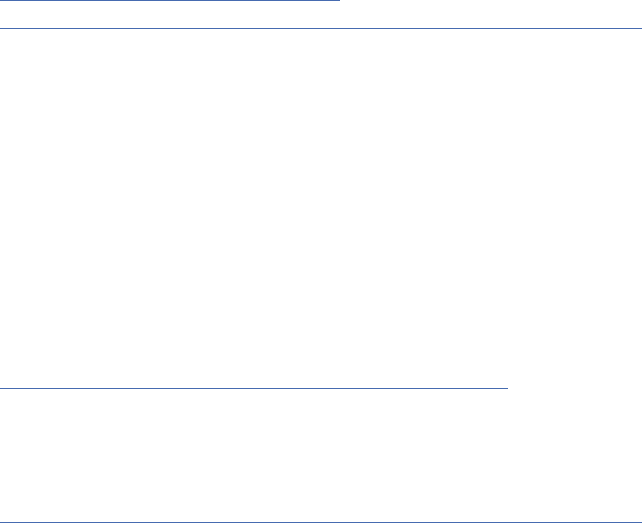
Your program should declare the tables and views that it accesses. The Db2 declarations generator,
DCLGEN, produces these DECLARE statements for C, COBOL, and PL/I programs, so that you do not need
to code the statements yourself. DCLGEN also generates corresponding host variable structures.
Related reference
DECLARE TABLE statement (Db2 SQL)
DCLGEN (declarations generator) subcommand (DSN) (Db2 Commands)
DCLGEN (declarations generator)
Your program should declare the tables and views that it accesses. The Db2 declarations generator,
DCLGEN, produces these DECLARE statements for C, COBOL, and PL/I programs, so that you do not need
to code the statements yourself. DCLGEN also generates corresponding host variable structures.
DCLGEN generates a table or view declaration and puts it into a member of a partitioned data set that you
can include in your program. When you use DCLGEN to generate a table declaration, Db2 gets the relevant
information from the Db2 catalog. The catalog contains information about the table or view denition and
the denition of each column within the table or view. DCLGEN uses this information to produce an SQL
DECLARE TABLE statement for the table or view and a corresponding PL/I or C structure declaration or
COBOL record description.
Related tasks
Generating table and view declarations by using DCLGEN
Your program should declare the tables and views that it accesses. For C, COBOL, and PL/I programs, you
can use DCLGEN to produce these declarations, so that you do not need to code the statements yourself.
DCLGEN also generates corresponding host variable structures.
Related reference
DCLGEN (declarations generator) subcommand (DSN) (Db2 Commands)
Generating table and view declarations by using DCLGEN
Your program should declare the tables and views that it accesses. For C, COBOL, and PL/I programs, you
can use DCLGEN to produce these declarations, so that you do not need to code the statements yourself.
DCLGEN also generates corresponding host variable structures.
Before you begin
Requirements:
• Db2 must be active before you can use DCLGEN.
• You can use DCLGEN for table declarations only if the table or view that you are declaring already exists.
• If you use DCLGEN, you must use it before you precompile your program.
Procedure
To generate table and view declarations by using DCLGEN:
1. Invoke DCLGEN by performing one of the following actions:
• To start DCLGEN from ISPF through DB2I: Select the DCLGEN option on the DB2I Primary Option
Menu panel. Then follow the detailed instructions for generating table and view declarations by using
DCLGEN from DB2I.
• To start DCLGEN directly from TSO: Sign on to TSO, issue the TSO command DSN, and then issue
the subcommand DCLGEN.
• To start DCLGEN directly from a CLIST: From a CLIST, running in TSO foreground or background,
issue DSN and then DCLGEN.
• To start DCLGEN with JCL: Supply the required information in JCL and run DCLGEN in batch. Use the
sample jobs DSNTEJ2C and DSNTEJ2P in the prex.SDSNSAMP library as models.
462
Db2 12 for z/OS: Application Programming and SQL Guide (Last updated: 2024-07-30)

Requirement: If you want to start DCLGEN in the foreground and your table names include DBCS
characters, you must provide and display double-byte characters. If you do not have a terminal that
displays DBCS characters, you can enter DBCS characters by using the hex mode of ISPF edit.
DCLGEN creates the declarations in the specied data set.
DCLGEN generates a table or column name in the DECLARE statement as a non-delimited identier
unless at least one of the following conditions is true:
• The name contains special characters and is not a DBCS string.
• The name is a DBCS string, and you have requested delimited DBCS names.
2. If you use an SQL reserved word as an identier, edit the DCLGEN output to add the appropriate SQL
delimiters.
3. Make any other necessary edits to the DCLGEN output.
DCLGEN produces output that is intended to meet the needs of most users, but occasionally, you need
to edit the DCLGEN output to work in your specic case. For example, DCLGEN is unable to determine
whether a column that is dened as NOT NULL also contains the DEFAULT clause, so you must edit the
DCLGEN output to add the DEFAULT clause to the appropriate column denitions.
DCLGEN produces declarations based on the encoding scheme of the source table. Therefore, if your
application uses a different encoding scheme, you might need to manually adjust the declarations.
For example, if your source table is in EBCDIC with CHAR columns and your application is in COBOL,
DCLGEN produces declarations of type PIC X. However, suppose your host variables in your COBOL
application are UTF-16. In this case, you will need to manually change the declarations to be type PIC
N USAGE NATIONAL.
Related reference
DCLGEN (declarations generator) subcommand (DSN) (Db2 Commands)
DSN command (TSO) (Db2 Commands)
Reserved words in Db2 for z/OS (Db2 SQL)
Generating table and view declarations by using DCLGEN from DB2I
DCLGEN generates table and view declarations and the corresponding variable declarations for C, COBOL,
and PL/I programs so that you do not need to code these statements yourself. The easiest way to start
DCLGEN is through DB2I.
Procedure
To generate table and view declarations by using DCLGEN from DB2I:
1. From the DB2I Primary Option Menu panel, select the DCLGEN option.
The following DCLGEN panel is displayed:
Chapter 4. Embedded SQL programming
463

DSNEDP01 DCLGEN SSID: DSN
===>
Enter table name for which declarations are required:
1 SOURCE TABLE NAME ===>
2 TABLE OWNER ..... ===>
3 AT LOCATION ..... ===> (Optional)
Enter destination data set: (Can be sequential or partitioned)
4 DATA SET NAME ... ===>
5 DATA SET PASSWORD ===> (If password protected)
Enter options as desired:
6 ACTION .......... ===> ADD (ADD new or REPLACE old declaration)
7 COLUMN LABEL .... ===> NO (Enter YES for column label)
8 STRUCTURE NAME .. ===> (Optional)
9 FIELD NAME PREFIX ===> (Optional)
10 DELIMIT DBCS .... ===> YES (Enter YES to delimit DBCS identifiers)
11 COLUMN SUFFIX ... ===> NO (Enter YES to append column name)
12 INDICATOR VARS .. ===> NO (Enter YES for indicator variables)
13 ADDITIONAL OPTIONS===> YES (Enter YES to change additional options)
PRESS: ENTER to process END to exit HELP for more information
Figure 25. DCLGEN panel
2. Complete the following elds on the DCLGEN panel:
1 SOURCE TABLE NAME
Is the unqualied name of the table, view, or created temporary table for which you want DCLGEN
to produce SQL data declarations. The table can be stored at your Db2 location or at another Db2
location. To specify a table name at another Db2 location, enter the table qualier in the TABLE
OWNER eld and the location name in the AT LOCATION eld. DCLGEN generates a three-part
table name from the SOURCE TABLE NAME, TABLE OWNER, and AT LOCATION elds. You can also
use an alias for a table name.
To specify a table name that contains special characters or blanks, enclose the name in
apostrophes. If the name contains apostrophes, you must double each one(' '). For example, to
specify a table named DON'S TABLE, enter the following text:
'DON''S TABLE'
The underscore is not handled as a special character in DCLGEN. For example, the table name
JUNE_PROFITS does not need to be enclosed in apostrophes. Because COBOL eld names cannot
contain underscores, DCLGEN substitutes hyphens (-) for single-byte underscores in COBOL eld
names that are built from the table name.
You do not need to enclose DBCS table names in apostrophes.
If you do not enclose the table name in apostrophes, Db2 converts lowercase characters to
uppercase.
2 TABLE OWNER
Is the schema qualier of the source table. If you do not specify this value and the table is a local
table, Db2 assumes that the table qualier is your TSO logon ID. If the table is at a remote location,
you must specify this value.
3 AT LOCATION
Is the location of a table or view at another Db2 subsystem. The value of the AT LOCATION eld
becomes a prex for the table name on the SQL DECLARE statement, as follows: location_name,
schema_name, table_name For example, if the location name is PLAINS_GA, the schema name is
CARTER, and the table name is CROP_YIELD_89, the following table name is included in the SQL
DECLARE statement: PLAINS_GA.CARTER.CROP_YIELD_89
The default is the local location name. This eld applies to Db2 private protocol access only. The
location must be another Db2 for z/OS subsystem.
464
Db2 12 for z/OS: Application Programming and SQL Guide (Last updated: 2024-07-30)
4 DATA SET NAME
Is the name of the data set that you allocated to contain the declarations that DCLGEN produces.
You must supply a name; no default exists.
The data set must already exist and be accessible to DCLGEN. The data set can be either
sequential or partitioned. If you do not enclose the data set name in apostrophes, DCLGEN adds
a standard TSO prex (user ID) and sufx (language). DCLGEN determines the host language from
the DB2I defaults panel.
For example, for library name LIBNAME(MEMBNAME), the name becomes
userid.libname.language(membname) For library name LIBNAME, the name becomes
userid.libname.language.
If this data set is password protected, you must supply the password in the DATA SET PASSWORD
eld.
5 DATA SET PASSWORD
Is the password for the data set that is specied in the DATA SET NAME eld, if the data set is
password protected. The password is not displayed on your terminal, and it is not recognized if you
issued it from a previous session.
6 ACTION
Species what DCLGEN is to do with the output when it is sent to a partitioned data set. (The
option is ignored if the data set you specify in the DATA SET NAME eld is sequential.) You can
specify one of the following values:
ADD
Indicates that an old version of the output does not exist and creates a new member with the
specied data set name. ADD is the default.
REPLACE
Replaces an old version, if it already exists. If the member does not exist, this option creates a
new member.
7 COLUMN LABEL
Species whether DCLGEN is to include labels that are declared on any columns of the table or
view as comments in the data declarations. (The SQL LABEL statement creates column labels to
use as supplements to column names.) You can specify one of the following values:
YES
Include column labels.
NO
Ignore column labels. NO is the default.
8 STRUCTURE NAME
Is the name of the generated data structure. The name can be up to 31 characters. If the name
is not a DBCS string, and the rst character is not alphabetic, enclose the name in apostrophes. If
you use special characters, be careful to avoid name conflicts.
If you leave this eld blank, DCLGEN generates a name that contains the table or view name with
a prex of DCL. If the language is COBOL or PL/I and the table or view name consists of a DBCS
string, the prex consists of DBCS characters.
For C, lowercase characters that you enter in this eld are not converted to uppercase.
9 FIELD NAME PREFIX
Species a prex that DCLGEN uses to form eld names in the output. For example, if you choose
ABCDE, the eld names generated are ABCDE1, ABCDE2, and so on.
You can specify a eld name prex of up to 28 bytes that can include special and double-byte
characters. If you specify a single-byte or mixed-string prex and the rst character is not
alphabetic, enclose the prex in apostrophes. If you use special characters, be careful to avoid
name conflicts.
Chapter 4. Embedded SQL programming
465
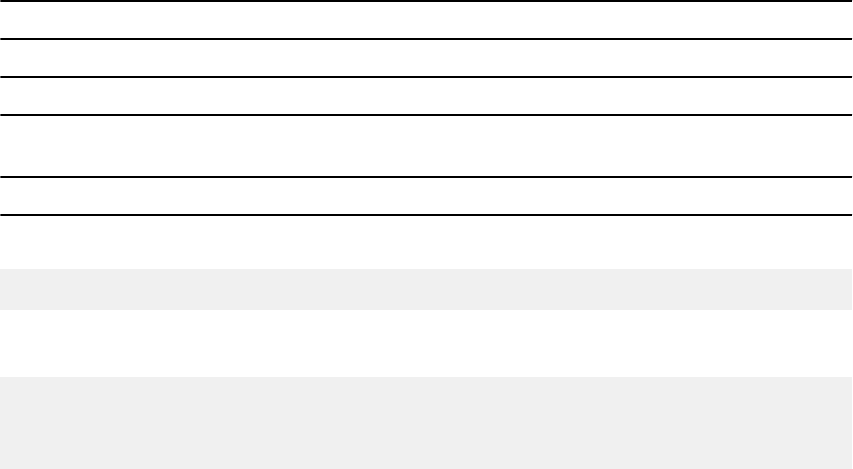
For COBOL and PL/I, if the name is a DBCS string, DCLGEN generates DBCS equivalents of the
sufx numbers.
For C, lowercase characters that you enter in this eld do not converted to uppercase.
If you leave this eld blank, the eld names are the same as the column names in the table or view.
10 DELIMIT DBCS
Species whether DCLGEN is to delimit DBCS table names and column names in the table
declaration. You can specify one of the following values:
YES
Species that DCLGEN is to enclose the DBCS table and column names with SQL delimiters.
NO
Species that DCLGEN is not to delimit the DBCS table and column names.
11 COLUMN SUFFIX
Species whether DCLGEN is to form eld names by attaching the column name as a sufx to the
value that you specify in FIELD NAME PREFIX. You can specify one of the following values:
YES
Species that DCLGEN is to use the column name as a sufx. For example, if you specify YES,
the eld name prex is NEW, and the column name is EMPNO, the eld name is NEWEMPNO.
If you specify YES, you must also enter a value in FIELD NAME PREFIX. If you do not enter a
eld name prex, DCLGEN issues a warning message and uses the column names as the eld
names.
NO
Species that DCLGEN is not to use the column name as a sufx. The default is NO.
12 INDICATOR VARS
Species whether DCLGEN is to generate an array of indicator variables for the host variable
structure. You can specify one of the following values:
YES
Species that DCLGEN is to generate an array of indicator variables for the host variable
structure.
If you specify YES, the array name is the table name with a prex of I (or DBCS letter <I> if
the table name consists solely of double-byte characters). The form of the data declaration
depends on the language, as shown in the following table. n is the number of columns in the
table.
Table 81. Declarations for indicator variable arrays from DCLGEN
Language Declaration form
C short int Itable-name[n];
COBOL 01 Itable-name PIC S9(4) USAGE
COMP-5 OCCURS n TIMES.
PL/I DCL Itable-name(n) BIN FIXED(15);
For example, suppose that you dene the following table:
CREATE TABLE HASNULLS (CHARCOL1 CHAR(1), CHARCOL2 CHAR(1));
If you request an array of indicator variables for a COBOL program, DCLGEN might generate the
following host variable declaration:
01 DCLHASNULLS.
10 CHARCOL1 PIC X(1).
10 CHARCOL2 PIC X(1).
01 IHASNULLS PIC S9(4) USAGE COMP-5 OCCURS 2 TIMES.
466
Db2 12 for z/OS: Application Programming and SQL Guide (Last updated: 2024-07-30)

NO
Species that DCLGEN is not to generate an array of indicator variables. The default is NO.
13 ADDITIONAL OPTIONS
Indicates whether to display the panel for additional DCLGEN options, including the break point
for statement tokens and whether to generate DECLARE VARIABLE statements for FOR BIT DATA
columns. You can specify YES or NO. The default is YES.
If you specied YES in the ADDITIONAL OPTIONS eld, the following ADDITIONAL DCLGEN OPTIONS
panel is displayed:
DSNEDP02 ADDITIONAL DCLGEN OPTIONS SSID: DSN
===>
Enter options as desired:
1 RIGHT MARGIN .... ===> 72 (Enter 72 or 80)
2 FOR BIT DATA .... ===> NO (Enter YES to declare SQL variables for
FOR BIT DATA columns)
PRESS: ENTER to process END to exit HELP for more information
Figure 26. ADDITIONAL DCLGEN OPTIONS panel
Otherwise, DCLGEN creates the declarations in the specied data set.
3. If the ADDITIONAL DCLGEN OPTIONS panel is displayed, complete the following elds on that panel:
1 RIGHT MARGIN
Species the break point for statement tokens that must be wrapped to one or more subsequent
records. You can specify column 72 or column 80.
The default is 72.
2 FOR BIT DATA
Species whether DCLGEN is to generate a DECLARE VARIABLE statement for SQL variables for
columns that are declared as FOR BIT DATA. This statement is required in Db2 applications that
meet all of the following criteria:
• are written in COBOL
• have host variables for FOR BIT DATA columns
• are prepared with the SQLCCSID option of the Db2 coprocessor.
You can specify YES or NO. The default is NO.
If the table or view does not have FOR BIT DATA columns, DCLGEN does not generate this
statement.
DCLGEN creates the declarations in the specied data set.
Related reference
The DB2I primary option menu (Introduction to Db2 for z/OS)
LABEL statement (Db2 SQL)
Data types that DCLGEN uses for variable declarations
DCLGEN produces declarations for tables and views and the corresponding host variable structures for
C, COBOL, and PL/I programs. DCLGEN derives the variable names and data types for these declarations
based on the source tables in the database.
The following table lists the C, COBOL, and PL/I data types that DCLGEN uses for variable declarations
based on the corresponding SQL data types that are used in the source tables. var represents a variable
name that DCLGEN provides.
Chapter 4. Embedded SQL programming
467
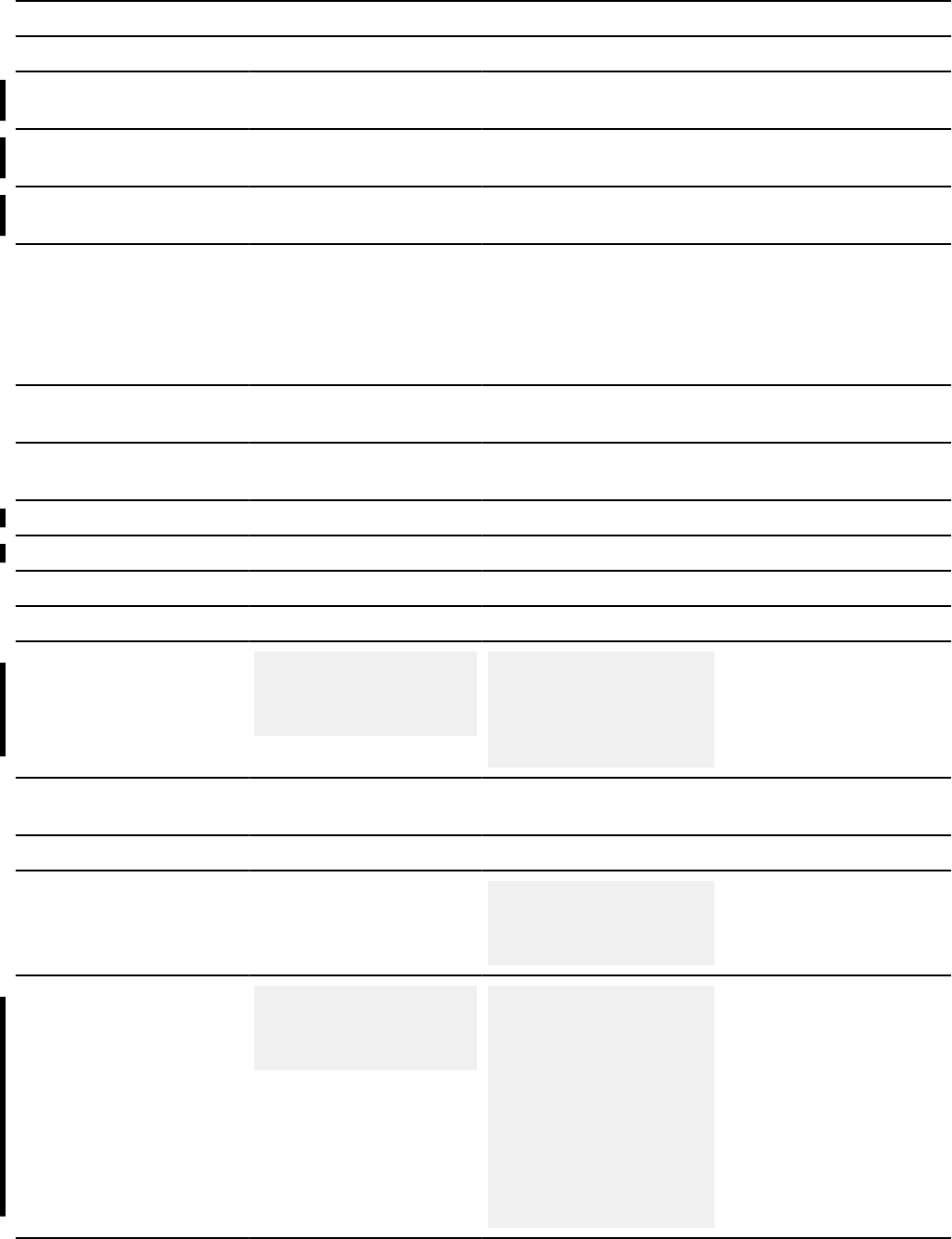
Table 82. Type declarations that DCLGEN generates
SQL data type
1
C COBOL PL/I
SMALLINT short int PIC S9(4) USAGE
COMP-5
BIN FIXED(15)
INTEGER long int PIC S9(9) USAGE
COMP-5
BIN FIXED(31)
BIGINT long long int PIC S9(18) USAGE
COMP-5
FIXED BIN(63)
DECIMAL(p,s) or
NUMERIC(p,s)
decimal(p,s)
2
PIC S9(p-s)V9(s)
USAGE COMP-3
DEC FIXED(p,s)
If p>15, the PL/I
compiler must support
this precision, or a
warning is generated.
REAL or FLOAT(n) 1 <= n
<= 21
float USAGE COMP-1 BIN FLOAT(n)
DOUBLE PRECISION,
DOUBLE, or FLOAT(n)
double USAGE COMP-2 BIN FLOAT(n)
DECFLOAT(16) _Decimal64 n/a DEC FLOAT(16)
DECFLOAT(32) _Decimal28 n/a DEC FLOAT(16)
CHAR(1) char PIC X(1) CHAR(1)
CHAR(n) char var [n+1] PIC X(n) CHAR(n)
VARCHAR(n)
struct
{short int var_len;
char var_data[n];
} var;
10 var.
49 var_LEN PIC
9(4)
USAGE COMP-5.
49 var_TEXT PIC
X(n).
CHAR(n) VAR
CLOB(n)
3
SQL TYPE IS
CLOB_LOCATOR
USAGE SQL TYPE IS
CLOB-LOCATOR
SQL TYPE IS
CLOB_LOCATOR
GRAPHIC(1) sqldbchar PIC G(1) GRAPHIC(1)
GRAPHIC(n)
n > 1
sqldbchar var[n+1];
PIC G(n) USAGE
DISPLAY-1.
4
or
PIC N(n).
4
GRAPHIC(n)
VARGRAPHIC(n)
struct VARGRAPH
{short len;
sqldbchar data[n];
} var;
10 var.
49 var_LEN PIC
9(4)
USAGE COMP-5.
49 var_TEXT PIC
G(n)
USAGE DISPLAY-1.
4
or
10 var.
49 var_LEN PIC
9(4)
USAGE COMP-5.
49 var_TEXT PIC
N(n).
4
GRAPHIC(n) VAR
468Db2 12 for z/OS: Application Programming and SQL Guide (Last updated: 2024-07-30)
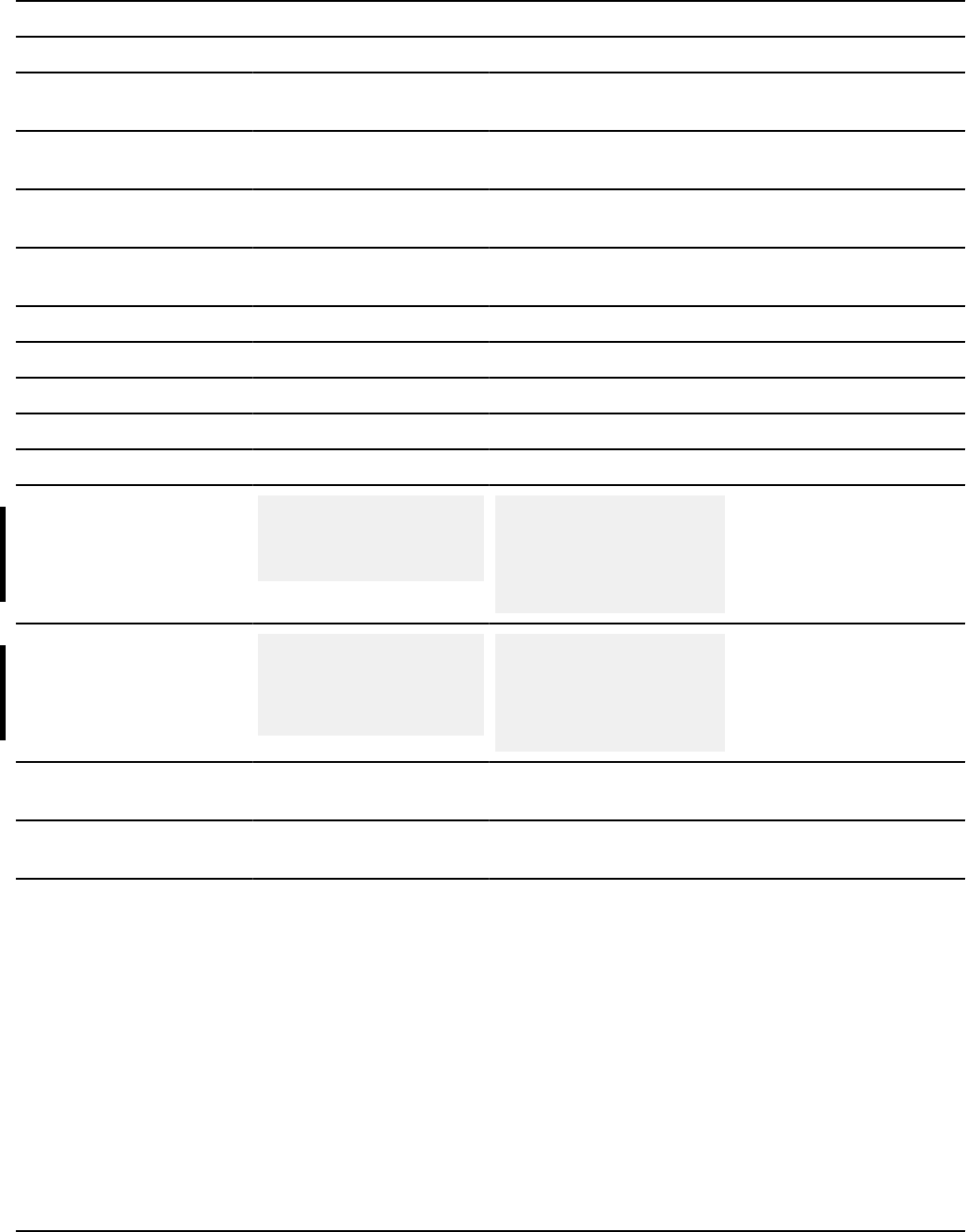
Table 82. Type declarations that DCLGEN generates (continued)
SQL data type
1
C COBOL PL/I
DBCLOB(n)
3
SQL TYPE IS
DBCLOB_LOCATOR
USAGE SQL TYPE IS
DBCLOB-LOCATOR
SQL TYPE IS
DBCLOB_LOCATOR
BINARY(n) SQL TYPE IS
BINARY(n)
USAGE SQL TYPE IS
BINARY(n)
SQL TYPE IS
BINARY(n)
VARBINARY(n) SQL TYPE IS
VARBINARY(n)
USAGE SQL TYPE IS
VARBINARY(n)
SQL TYPE IS
VARBINARY(n)
BLOB(n)
3
SQL TYPE IS
BLOB_LOCATOR
USAGE SQL TYPE IS
BLOB-LOCATOR
SQL TYPE IS
BLOB_LOCATOR
DATE char var[11]
5
PIC X(10)
5
CHAR(10)
5
TIME char var[9]
6
PIC X(8)
6
CHAR(8)
6
TIMESTAMP char var[27] PIC X(26) CHAR(26)
TIMESTAMP(0) char var[20] PIC X(19) CHAR(19)
TIMESTAMP(p) p > 0 char var[21+p] PIC X(20+p) CHAR(20+p)
TIMESTAMP(0) WITH
TIME ZONE
struct
{short int var_len;
char var_data[147];
} var;
01 var.
49 var_LEN
PIC S9(4)
COMP-5.
49 var_TEXT
PIC X(147).
DCL var CHAR(147)
VAR;
TIMESTAMP(p) WITH
TIME ZONE
struct
{short int var_len;
char var_data[148 +
p];
} var;
01 var.
49 var_LEN
PIC S9(4)
COMP-5.
49 var_TEXT
PIC X(148 + p).
DCL var CHAR(148 +
p) VAR;
ROWID SQL TYPE IS ROWID USAGE SQL TYPE IS
ROWID
SQL TYPE IS ROWID
XML
7
SQL TYPE IS XML AS
CLOB(1M)
SQL TYPE IS XML AS
CLOB(1M)
SQL TYPE IS XML AS
CLOB(1M)
Notes:
1. For a distinct type, DCLGEN generates the host language equivalent of the source data type.
2. If your C compiler does not support the decimal data type, edit your DCLGEN output and replace the
decimal data declarations with declarations of type double.
3. For a BLOB, CLOB, or DBCLOB data type, DCLGEN generates a LOB locator.
4. DCLGEN chooses the format based on the character that you specify as the DBCS symbol on the COBOL
Defaults panel.
5. This declaration is used unless a date installation exit routine exists for formatting dates, in which case the
length is that specied for the LOCAL DATE LENGTH installation option.
6. This declaration is used unless a time installation exit routine exists for formatting times, in which case the
length is that specied for the LOCAL TIME LENGTH installation option.
7. The default setting for XML is 1M; however, you might need to adjust it.
Chapter 4. Embedded SQL programming469

Including declarations from DCLGEN in your program
After you use DCLGEN to produce declarations for tables, views, and variables for your C, COBOL, or PL/I
program, you should include these declarations in your program.
Before you begin
Recommendation: To ensure that your program uses a current description of the table, use DCLGEN to
generate the table's declaration and store it as a member in a library (usually a partitioned data set) just
before you precompile the program.
Procedure
Code the following SQL INCLUDE statement in your program:
EXEC SQL
INCLUDE member-name
END-EXEC.
member-name is the name of the data set member where the DCLGEN output is stored.
Example
Suppose that you used DCLGEN to generate a table declaration and corresponding COBOL record
description for the table DSN8C10.EMP, and those declarations were stored in the data set member
DECEMP. (A COBOL record description is a two-level host structure that corresponds to the columns of
a table's row. ) To include those declarations in your program, include the following statement in your
COBOL program:
EXEC SQL
INCLUDE DECEMP
END-EXEC.
Related reference
INCLUDE statement (Db2 SQL)
Example: Adding DCLGEN declarations to a library
You can use DCLGEN to generate table and variable declarations for C, COBOL, and PL/I programs. If you
store these declarations in a library, you can later integrate them into your program with a single SQL
INCLUDE statement.
This example adds a table declaration and a corresponding host-variable structure to a library. This
example is based on the following scenario:
• The library name is prex.TEMP.COBOL.
• The member is a new member named VPHONE.
• The table is a local table named DSN8C10.VPHONE.
• The host-variable structure is for COBOL.
• The structure receives the default name DCLVPHONE.
Throughout this example, information that you must enter on each panel is in bold-faced type.
In this scenario, to add a table declaration and a corresponding host variable structure for
DSN8C10.VPHONE to the library prex.TEMP.COBOL, complete the following steps:
1. Specify COBOL as the host language by completing the following actions:
a. On the ISPF/PDF menu, select option D to display the DB2I DEFAULTS PANEL l panel.
b. Specify IBMCOB as the application language, as shown in the following gure and press Enter.
470
Db2 12 for z/OS: Application Programming and SQL Guide (Last updated: 2024-07-30)

DSNEOP01 DB2I DEFAULTS PANEL 1
COMMAND ===>_
Change defaults as desired:
1 DB2 NAME ............. ===> DSN (Subsystem identifier)
2 DB2 CONNECTION RETRIES ===> 0 (How many retries for DB2 connection)
3 APPLICATION LANGUAGE ===> IBMCOB (ASM, C, CPP, IBMCOB, FORTRAN, PLI)
4 LINES/PAGE OF LISTING ===> 80 (A number from 5 to 999)
5 MESSAGE LEVEL ........ ===> I (Information, Warning, Error, Severe)
6 SQL STRING DELIMITER ===> DEFAULT (DEFAULT, ' or ")
7 DECIMAL POINT ........ ===> . (. or ,)
8 STOP IF RETURN CODE >= ===> 8 (Lowest terminating return code)
9 NUMBER OF ROWS ===> 20 (For ISPF Tables)
10 CHANGE HELP BOOK NAMES?===> NO (YES to change HELP data set names)
11 AS USER ===> (Userid to associate with the trusted
connection)
PRESS: ENTER to process END to cancel HELP for more information
Figure 27. DB2I defaults panel—changing the application language
The DB2I DEFAULTS PANEL 2 panel for COBOL is then displayed.
c. Complete the DB2I DEFAULTS PANEL 2 panel, shown in the following gure, as needed and press
Enter to save the new defaults, if any.
DSNEOP02 DB2I DEFAULTS PANEL 2
COMMAND ===>_
Change defaults as desired:
1 DB2I JOB STATEMENT: (Optional if your site has a SUBMIT exit)
===> //ADMF001A JOB (ACCOUNT),'NAME'
===> //*
===> //*
===> //*
COBOL DEFAULTS: (For IBMCOB)
2 COBOL STRING DELIMITER ===> DEFAULT (DEFAULT, ' or ")
3 DBCS SYMBOL FOR DCLGEN ===> G (G/N - Character in PIC clause)
Figure 28. The COBOL defaults panel
The DB2I Primary Option menu is displayed.
2. Generate the table and host structure declarations by completing the following actions:
a. On the DB2I Primary Option menu, select the DCLGEN option and press Enter to display the
DCLGEN panel.
b. Complete the elds as shown in the following gure and press Enter.
Chapter 4. Embedded SQL programming
471

DSNEDP01 DCLGEN SSID: DSN
===>
Enter table name for which declarations are required:
1 SOURCE TABLE NAME ===>
DSN8C10.VPHONE
2 TABLE OWNER ..... ===>
3 AT LOCATION ..... ===> (Optional)
Enter destination data set: (Can be sequential or partitioned)
4 DATA SET NAME ... ===>
TEMP(VPHONEC)
5 DATA SET PASSWORD ===> (If password protected)
Enter options as desired:
6 ACTION .......... ===> ADD (ADD new or REPLACE old declaration)
7 COLUMN LABEL .... ===> NO (Enter YES for column label)
8 STRUCTURE NAME .. ===> (Optional)
9 FIELD NAME PREFIX ===> (Optional)
10 DELIMIT DBCS .... ===> YES (Enter YES to delimit DBCS identifiers)
11 COLUMN SUFFIX ... ===> NO (Enter YES to append column name)
12 INDICATOR VARS .. ===> NO (Enter YES for indicator variables)
13 ADDITIONAL OPTIONS===> NO (Enter YES to change additional options)
PRESS: ENTER to process END to exit HELP for more information
Figure 29. DCLGEN panel—selecting source table and destination data set
A successful completion message, such as the one in the following gure, is displayed at the top of
your screen.
DSNE905I EXECUTION COMPLETE, MEMBER VPHONEC ADDED
***
Figure 30. Successful completion message
Db2 again displays the DCLGEN screen, as shown in the following gure.
DSNEDP01 DCLGEN SSID: DSN
===>
Enter table name for which declarations are required:
1 SOURCE TABLE NAME ===>
DSN8C10.VPHONE
2 TABLE OWNER ..... ===>
3 AT LOCATION ..... ===> (Optional)
Enter destination data set: (Can be sequential or partitioned)
4 DATA SET NAME ... ===> TEMP(VPHONEC)
5 DATA SET PASSWORD ===> (If password protected)
Enter options as desired:
6 ACTION .......... ===> ADD (ADD new or REPLACE old declaration)
7 COLUMN LABEL .... ===> NO (Enter YES for column label)
8 STRUCTURE NAME .. ===> (Optional)
9 FIELD NAME PREFIX ===> (Optional)
10 DELIMIT DBCS .... ===> YES (Enter YES to delimit DBCS identifiers)
11 COLUMN SUFFIX ... ===> NO (Enter YES to append column name)
12 INDICATOR VARS .. ===> NO (Enter YES for indicator variables)
13 ADDITIONAL OPTIONS===> NO (Enter YES to change additional options)
PRESS: ENTER to process END to exit HELP for more information
Figure 31. DCLGEN panel—displaying system and user return codes
c. Press Enter to return to the DB2I Primary Option menu.
3. Exit from DB2I.
4. Examine the DCLGEN output by selecting either the browse or the edit option from the ISPF/PDF menu
to view the results in the specied data set member.
472
Db2 12 for z/OS: Application Programming and SQL Guide (Last updated: 2024-07-30)

For this example, the data set to edit is prex.TEMP.COBOL(VPHONEC). This data set member contains
the following information.
***** DCLGEN TABLE(DSN8C10.VPHONE) ***
***** LIBRARY(SYSADM.TEMP.COBOL(VPHONEC)) ***
***** QUOTE ***
***** ... IS THE DCLGEN COMMAND THAT MADE THE FOLLOWING STATEMENTS ***
EXEC SQL DECLARE DSN8C10.VPHONE TABLE
( LASTNAME VARCHAR(15) NOT NULL,
FIRSTNAME VARCHAR(12) NOT NULL,
MIDDLEINITIAL CHAR(1) NOT NULL,
PHONENUMBER VARCHAR(4) NOT NULL,
EMPLOYEENUMBER CHAR(6) NOT NULL,
DEPTNUMBER CHAR(3) NOT NULL,
DEPTNAME VARCHAR(36) NOT NULL
) END-EXEC.
***** COBOL DECLARATION FOR TABLE DSN8C10.VPHONE ******
01 DCLVPHONE.
10 LASTNAME.
49 LASTNAME-LEN PIC S9(4) USAGE COMP.
49 LASTNAME-TEXT PIC X(15).
10 FIRSTNAME.
49 FIRSTNAME-LEN PIC S9(4) USAGE COMP.
49 FIRSTNAME-TEXT PIC X(12).
10 MIDDLEINITIAL PIC X(1).
10 PHONENUMBER.
49 PHONENUMBER-LEN PIC S9(4) USAGE COMP.
49 PHONENUMBER-TEXT PIC X(4).
10 EMPLOYEENUMBER PIC X(6).
10 DEPTNUMBER PIC X(3).
10 DEPTNAME.
49 DEPTNAME-LEN PIC S9(4) USAGE COMP.
49 DEPTNAME-TEXT PIC X(36).
***** THE NUMBER OF COLUMNS DESCRIBED BY THIS DECLARATION IS 7 ******
You can now pull these declarations into your program by using an SQL INCLUDE statement.
Dening the items that your program can use to check whether an
SQL statement executed successfully
If your program contains SQL statements, the program should dene some infrastructure so that it can
check whether the statements executed successfully. You can either include an SQL communications
area (SQLCA), which contains SQLCODE and SQLSTATE variables, or declare individual SQLCODE and
SQLSTATE host variables.
About this task
Whether you dene the SQLCODE or SQLSTATE variables or an SQLCA in your program depends on what
you specify for the SQL processing option STDSQL.
If your application contains SQL statements and does not include an SQL communications area (SQLCA),
you must declare individual SQLCODE and SQLSTATE host variables. Your program can use these variables
to check whether an SQL statement executed successfully.
Related tasks
Dening the SQL communications area, SQLSTATE, and SQLCODE in assembler
Assembler programs that contain SQL statements can include an SQL communications area (SQLCA)
to check whether an SQL statement executed successfully. Alternatively, these programs can declare
individual SQLCODE and SQLSTATE host variables.
Dening the SQL communications area, SQLSTATE, and SQLCODE in C and C++
C and C++ programs that contain SQL statements can include an SQL communications area (SQLCA)
to check whether an SQL statement executed successfully. Alternatively, these programs can declare
individual SQLCODE and SQLSTATE host variables.
Dening the SQL communications area, SQLSTATE, and SQLCODE in COBOL
Chapter 4. Embedded SQL programming
473

COBOL programs that contain SQL statements can include an SQL communications area (SQLCA) to check
whether an SQL statement executed successfully. Alternatively, these programs can declare individual
SQLCODE and SQLSTATE host variables.
Dening the SQL communications area, SQLSTATE, and SQLCODE in Fortran
Fortran programs that contain SQL statements can include an SQL communications area (SQLCA) to check
whether an SQL statement executed successfully. Alternatively, these programs can declare individual
SQLCODE and SQLSTATE host variables.
Dening the SQL communications area, SQLSTATE, and SQLCODE in PL/I
PL/I programs that contain SQL statements can include an SQL communications area (SQLCA) to check
whether an SQL statement executed successfully. Alternatively, these programs can declare individual
SQLCODE and SQLSTATE host variables.
Dening the SQL communications area, SQLSTATE, and SQLCODE in REXX
When Db2 prepares a REXX program that contains SQL statements, Db2 automatically includes an SQLCA
in the program.
Related reference
Descriptions of SQL processing options
You can specify any SQL processing options regardless of whether you use the Db2 precompiler or the
Db2 coprocessor. However, the Db2 coprocessor might ignore certain options because host language
compiler options exist that provide the same information.
Description of SQLCA elds (Db2 SQL)
INCLUDE statement (Db2 SQL)
The REXX SQLCA (Db2 SQL)
Dening SQL descriptor areas (SQLDA)
If your program includes certain SQL statements, you must dene at least one SQL descriptor area
(SQLDA). Depending on the context in which it is used, the SQLDA stores information about prepared SQL
statements or host variables. This information can then be read by either the application program or Db2.
About this task
If your program includes any of the following statement variations, you must include an SQLDA in your
program:
• CALL … USING DESCRIPTOR descriptor-name
• DESCRIBE statement-name INTO descriptor-name
• DESCRIBE CURSOR host-variable INTO descriptor-name
• DESCRIBE INPUT statement-name INTO descriptor-name
• DESCRIBE PROCEDURE host-variable INTO descriptor-name
• DESCRIBE TABLE host-variable INTO descriptor-name
• EXECUTE … USING DESCRIPTOR descriptor-name
• FETCH … INTO DESCRIPTOR descriptor-name
• OPEN … USING DESCRIPTOR descriptor-name
• PREPARE … INTO descriptor-name
Unlike the SQLCA, a program can have more than one SQLDA, and an SQLDA can have any valid name.
Procedure
Take the actions that are appropriate for the programming language that you use:
• “Dening SQL descriptor areas (SQLDA) in assembler” on page 555
• “Dening SQL descriptor areas (SQLDA) in C and C++” on page 583
474
Db2 12 for z/OS: Application Programming and SQL Guide (Last updated: 2024-07-30)

• “Dening SQL descriptor areas (SQLDA) in COBOL” on page 650
• “Dening SQL descriptor areas in (SQLDA) Fortran” on page 689
• “Dening SQL descriptor areas (SQLDA) in PL/I” on page 706
• “Dening SQL descriptor areas (SQLDA) in REXX” on page 745
Related reference
SQL descriptor area (SQLDA) (Db2 SQL)
Descriptions of SQL processing options
You can specify any SQL processing options regardless of whether you use the Db2 precompiler or the
Db2 coprocessor. However, the Db2 coprocessor might ignore certain options because host language
compiler options exist that provide the same information.
Description of SQLCA elds (Db2 SQL)
The REXX SQLCA (Db2 SQL)
Declaring host variables and indicator variables
You can use host variables and indicator variables in SQL statements in your program to pass data
between Db2 and your application.
Procedure
Use the techniques that are appropriate for the programming language that you use.
Related tasks
Accessing data by using a rowset-positioned cursor
A rowset-positioned cursor is a cursor that can return one or more rows for a single fetch operation. The
cursor is positioned on the set of rows that are to be fetched.
Determining whether a retrieved value in a host variable is null or truncated
Before your application manipulates the data that was retrieved from Db2 into a host variable, determine
if the value is null. Also determine if it was truncated when assigned to the variable. You can use indicator
variables to obtain this information.
Related reference
Descriptions of SQL processing options
You can specify any SQL processing options regardless of whether you use the Db2 precompiler or the
Db2 coprocessor. However, the Db2 coprocessor might ignore certain options because host language
compiler options exist that provide the same information.
Host variables
Use host variables to pass a single data item between Db2 and your application.
A host variable is a single data item that is declared in the host language to be used within an SQL
statement. You can use host variables in application programs that are written in the following languages:
assembler, C, C++, COBOL, Fortran, and PL/I to perform the following actions:
• Retrieve data into the host variable for your application program's use
• Place data into the host variable to insert into a table or to change the contents of a row
• Use the data in the host variable when evaluating a WHERE or HAVING clause
• Assign the value that is in the host variable to a special register, such as CURRENT SQLID and CURRENT
DEGREE
• Insert null values into columns by using a host indicator variable that contains a negative value
• Use the data in the host variable in statements that process dynamic SQL, such as EXECUTE, PREPARE,
and OPEN
Chapter 4. Embedded SQL programming
475

Related concepts
Using host variables in SQL statements
Use scalar host variables in embedded SQL statements to represent a single value. Host variables are
useful for storing retrieved data or for passing values that are to be assigned or used for comparisons.
Related reference
Host variables in assembler
In assembler programs, you can specify numeric, character, graphic, binary, LOB, XML, and ROWID
host variables. You can also specify result set, table, and LOB locators and LOB and XML le reference
variables.
Host variables in C and C++
In C and C++ programs, you can specify numeric, character, graphic, binary, LOB, XML, and ROWID
host variables. You can also specify result set, table, and LOB locators and LOB and XML le reference
variables.
Host variables in COBOL
In COBOL programs, you can specify numeric, character, graphic, binary, LOB, XML, and ROWID host
variables. You can also specify result set and table locators and LOB and XML le reference variables.
Host variables in Fortran
In Fortran programs, you can specify numeric, character, LOB, and ROWID host variables. You can also
specify result set and LOB locators.
Host variables in PL/I
In PL/I programs, you can specify numeric, character, graphic, binary, LOB, XML, and ROWID host
variables. You can also specify result set, table, and LOB locators and LOB and XML le reference
variables.
Host-variable arrays
You can use host-variable arrays to pass a data array between Db2 and your application. A host-variable
array is a data array that is declared in the host language to be used within an SQL statement.
You can use host-variable arrays for the following actions:
• Retrieve data into host-variable arrays for your application use by your application
• Place data into host-variable arrays to insert rows into a table
• Retrieve data for the source of a merge operation.
Host-variable arrays can be referenced only as a simple reference in the following contexts. In syntax
diagrams, host-variable-array designates a reference to a host-variable array.
• In a FETCH statement for a multiple-row fetch. See FETCH statement (Db2 SQL).
• In the FOR n ROWS form of the INSERT statement with a host-variable array for the source data. See
INSERT statement (Db2 SQL).
• In a MERGE statement with multiple rows of source data. See MERGE statement (Db2 SQL).
• In an EXECUTE statement to provide a value for a parameter marker in a dynamic FOR n ROWS form of
the INSERT statement or a MERGE statement. See EXECUTE statement (Db2 SQL).
Host-variable arrays are dened by statements of the host language, as explained in the following topics:
• “Host-variable arrays in C and C++” on page 595
• “Host-variable arrays in COBOL” on page 661
• “Host-variable arrays in PL/I” on page 713
Tip: Host-variable arrays are not supported for assembler, FORTRAN, or REXX programs. However,
you can use SQL descriptor areas (SQLDA) to achieve similar results in any host language. For more
information see “Dening SQL descriptor areas (SQLDA)” on page 474.
476
Db2 12 for z/OS: Application Programming and SQL Guide (Last updated: 2024-07-30)
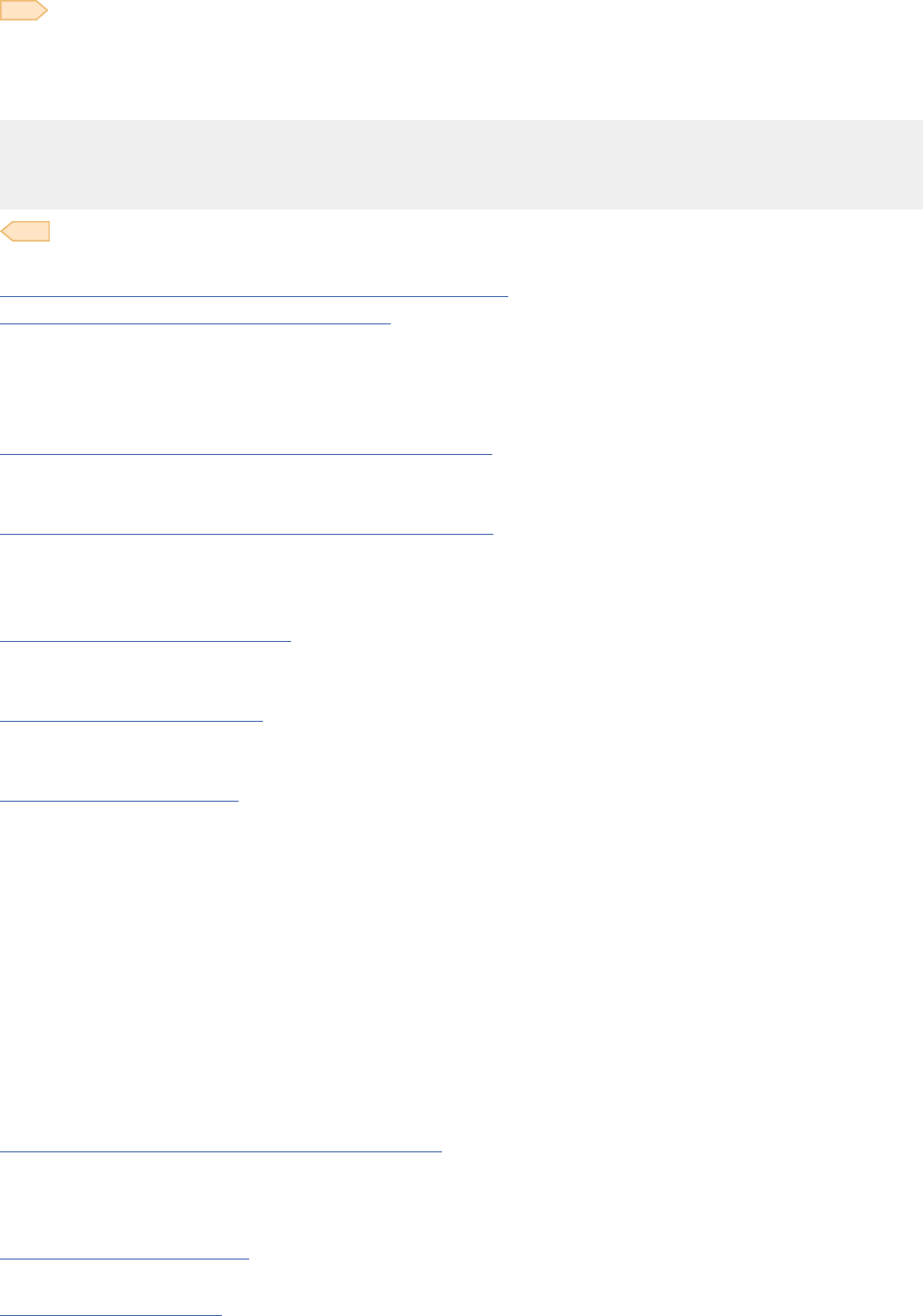
Example
GUPI
The following statement uses the main host-variable array, COL1, and the corresponding indicator array,
COL1IND. Assume that COL1 has 10 elements. The rst element in the array corresponds to the rst
value, and so on. COL1IND must have at least 10 entries.
EXEC SQL
SQL FETCH FIRST ROWSET FROM C1 FOR 5 ROWS
INTO :COL1 :COL1IND
END-EXEC.
GUPI
Related concepts
Host-variable arrays in PL/I, C, C++, and COBOL (Db2 SQL)
Using host-variable arrays in SQL statements
Use host-variable arrays in embedded SQL statements to represent values that the program does not
know until the query is executed. Host-variable arrays are useful for storing a set of retrieved values or for
passing a set of values that are to be inserted into a table.
Related tasks
Inserting multiple rows of data from host-variable arrays
Use host-variable arrays in your INSERT statement when you do not know at least some of the values to
insert until the program runs.
Retrieving multiple rows of data into host-variable arrays
If you know that your query returns multiple rows, you can specify host-variable arrays to store the
retrieved column values.
Related reference
Host-variable arrays in C and C++
In C and C++ programs, you can specify numeric, character, graphic, binary, LOB, XML, and ROWID
host-variable arrays. You can also specify LOB locators and LOB and XML le reference variables.
Host-variable arrays in COBOL
In COBOL programs, you can specify numeric, character, graphic, LOB, XML, and ROWID host-variable
arrays. You can also specify LOB locators and LOB and XML le reference variables.
Host-variable arrays in PL/I
In PL/I programs, you can specify numeric, character, graphic, binary, LOB, XML, and ROWID host-
variable arrays. You can also specify LOB locators and LOB and XML le reference variables.
Host structures
Use host structures to pass a group of host variables between Db2 and your application.
A host structure is a group of host variables that can be referenced with a single name. You can use
host structures in all host languages except REXX. You dene host structures with statements in the host
language. You can refer to a host structure in any context where you want to refer to the list of host
variables in the structure. A host structure reference is equivalent to a reference to each of the host
variables within the structure in the order in which they are dened in the structure declaration. You can
also use indicator variables (or indicator structures) with host structures.
Related tasks
Retrieving a single row of data into a host structure
If you know that your query returns multiple column values for only one row, you can specify a host
structure to contain the column values.
Related reference
Host structures in C and C++
A C host structure contains an ordered group of data elds.
Host structures in COBOL
Chapter 4. Embedded SQL programming
477

A COBOL host structure is a named set of host variables that are dened in your program's WORKING-
STORAGE SECTION or LINKAGE SECTION.
Host structures in PL/I
A PL/I host structure is a structure that contains subordinate levels of scalars. You can use the name of
the structure as shorthand notation to reference the list of scalars.
Indicator variables, arrays, and structures
An indicator variable is associated with a particular host variable. Each indicator variable contains a small
integer value that indicates some information about the associated host variable. Indicator arrays and
structures serve the same purpose for host-variable arrays and structures.
You can use indicator variables to perform the following actions:
• Determine whether the value of an associated output host variable is null or indicate that the value of an
input host variable is null
• Determine the original length of a character string that was truncated when it was assigned to a host
variable
• Determine that a character value could not be converted when it was assigned to a host variable
• Determine the seconds portion of a time value that was truncated when it was assigned to a host
variable
• Indicate that the target column of the host variable is to be set to its dened DEFAULT value, or that the
host variable's value is UNASSIGNED and its target column is to be treated as if it had not appeared in
the statement.
You can use indicator variable arrays and indicator structures to perform these same actions for individual
items in host data arrays and structures.
If you provide an indicator variable for the variable X, when Db2 retrieves a null value for X, it puts a
negative value in the indicator variable and does not update X. Your program should check the indicator
variable before using X. If the indicator variable is negative, you know that X is null and any value that you
nd in X is irrelevant. When your program uses variable X to assign a null value to a column, the program
should set the indicator variable to a negative number. Db2 then assigns a null value to the column and
ignores any value in X.
An indicator variable array contains a series of small integers to help you determine the associated
information for the corresponding item in a host data array. When you retrieve data into a host-variable
array, you can check the values in the associated indicator array to determine how to handle each data
item. If a value in the associated indicator array is negative, you can disregard the contents of the
corresponding element in the host-variable array. Values in indicator arrays have the following meanings:
On output to the application, the normal indicator variable can contain the following values:
0
A 0 (zero), or positive value of the indicator variable species that the rst host-identier provides the
value of this host variable reference.
-1
A -1 value indicates that the value that was selected was the null value.
-2
A -2 value of the indicator variable indicates that a numeric conversion error (such as a divide by 0 or
overflow) has occurred. Or indicates a null result because of character string conversion warnings.
-3
A -3 value of the indicator variable indicates that no value was returned. A -3 value of the indicator
variable can also indicate a null result because the cursor's current row is on a hole that was detected
during a multiple row FETCH.
positive integer
If the indicator variable contains a positive integer, the retrieved value is truncated, and the integer is
the original length of the string.
478
Db2 12 for z/OS: Application Programming and SQL Guide (Last updated: 2024-07-30)

positive integer
The seconds portion of a time if the time is truncated on assignment to a host variable.
On input to Db2, normal indicator variables or extended indicator variables can contain the following
values:
0, or positive integer
Species a non-null value. A 0 (zero), or positive value of the indicator variable species that the rst
host-identier provides the value of this host variable reference.
-1, -2, -3, -4, -6
Species a null value.
-5
• If extended indicator variables are not enabled, a -5 value species the NULL value.
• If extended indicator variables are enabled, a -5 value species the DEFAULT value. A -5 value
species that the target column for this host variable is to be set to its DEFAULT value.
-7
• If extended indicator variables are not enabled, a -7 value species the NULL value.
• If extended indicator variables are enabled, a -7 value species the UNASSIGNED value. A -7 value
species that the target column for this host variable is to be treated as if it had not been specied
in the statement.
An indicator structure is an array of halfword integer variables that supports a specied host structure.
If the column values that your program retrieves into a host structure can be null, you can attach an
indicator structure name to the host structure name. This name enables Db2 to notify your program about
each null value it returns to a host variable in the host structure.
Related concepts
Holes in the result table of a scrollable cursor
A hole in the result table means that the result table does not shrink to ll the space of deleted rows.
It also does not shrink to ll the space of rows that have been updated and no longer satisfy the
search condition. You cannot access a delete or update hole. However, you can remove holes in specic
situations.
Related tasks
Executing SQL statements by using a rowset cursor
You can use rowset cursors to execute multiple-row FETCH statements, positioned UPDATE statements,
and positioned DELETE statements.
Related reference
Indicator variables in assembler
An indicator variable is a 2-byte integer (DS HL2). You declare indicator variables in the same way as host
variables. You can mix the declarations of the two types of variables.
Indicator variables, indicator arrays, and host structure indicator arrays in C and C++
An indicator variable is a 2-byte integer (short int). An indicator variable array is an array of 2-byte
integers (short int). You declare indicator variables in the same way as host variables. You can mix the
declarations of the two types of variables.
Indicator variables, indicator arrays, and host structure indicator arrays in COBOL
A COBOL indicator variable is a 2-byte binary integer. A COBOL indicator variable array is an array in which
each element is declared as a 2-byte binary integer. You can use indicator variable arrays to support
COBOL host structures.
Indicator variables in Fortran
An indicator variable is a 2-byte integer (INTEGER*2). You declare indicator variables in the same way as
host variables. You can mix the declarations of the two types of variables.
Indicator variables in PL/I
Chapter 4. Embedded SQL programming
479
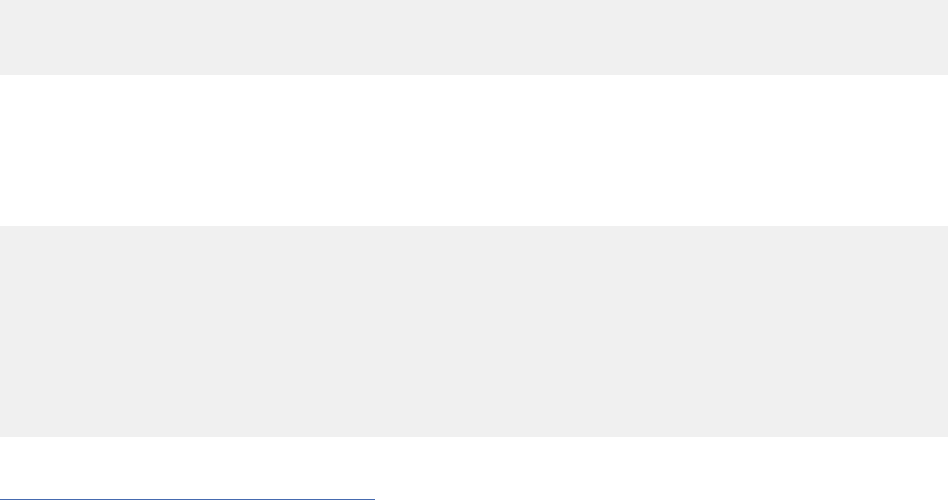
An indicator variable is a 2-byte integer (or an integer declared as BIN FIXED(15)). An indicator variable
array is an array of 2-byte integers. You declare indicator variables in the same way as host variables. You
can mix the declarations of the two types of variables.
Setting the CCSID for host variables
All Db2 string data, other than binary data, has an encoding scheme and a coded character set ID (CCSID)
associated with it. You can associate an encoding scheme and a CCSID with individual host variables. Any
data in those host variable is then associated with that encoding scheme and CCSID.
Procedure
Specify the DECLARE VARIABLE statement after the corresponding host variable declaration and before
your rst reference to that host variable.
This statement associates an encoding scheme and a CCSID with individual host variables. You can use
this statement in static or dynamic SQL applications.
Restriction: You cannot use the DECLARE VARIABLE statement to control the CCSID and encoding
scheme of data that you retrieve or update by using an SQLDA.
The DECLARE VARIABLE statement has the following effects on a host variable:
• When you use the host variable to update a table, the local subsystem or the remote server assumes
that the data in the host variable is encoded with the CCSID and encoding scheme that the DECLARE
VARIABLE statement assigns.
• When you retrieve data from a local or remote table into the host variable, the retrieved data is
converted to the CCSID and encoding scheme that are assigned by the DECLARE VARIABLE statement.
Example
Suppose that you are writing a C program that runs on a Db2 for z/OS subsystem. The subsystem has an
EBCDIC application encoding scheme. The C program retrieves data from the following columns of a local
table that is dened with the CCSID UNICODE option:
PARTNUM CHAR(10)
JPNNAME GRAPHIC(10)
ENGNAME VARCHAR(30)
Because the application encoding scheme for the subsystem is EBCDIC, the retrieved data is EBCDIC.
To make the retrieved data Unicode, use DECLARE VARIABLE statements to specify that the data that is
retrieved from these columns is encoded in the default Unicode CCSIDs for the subsystem.
Suppose that you want to retrieve the character data in Unicode CCSID 1208 and the graphic data in
Unicode CCSID 1200. Use the following DECLARE VARIABLE statements:
EXEC SQL BEGIN DECLARE SECTION;
char hvpartnum[11];
EXEC SQL DECLARE :hvpartnum VARIABLE CCSID 1208;
sqldbchar hvjpnname[11];
EXEC SQL DECLARE :hvjpnname VARIABLE CCSID 1200;
struct {
short len;
char d[30];
} hvengname;
EXEC SQL DECLARE :hvengname VARIABLE CCSID 1208;
EXEC SQL END DECLARE SECTION;
Related reference
DECLARE VARIABLE statement (Db2 SQL)
480
Db2 12 for z/OS: Application Programming and SQL Guide (Last updated: 2024-07-30)
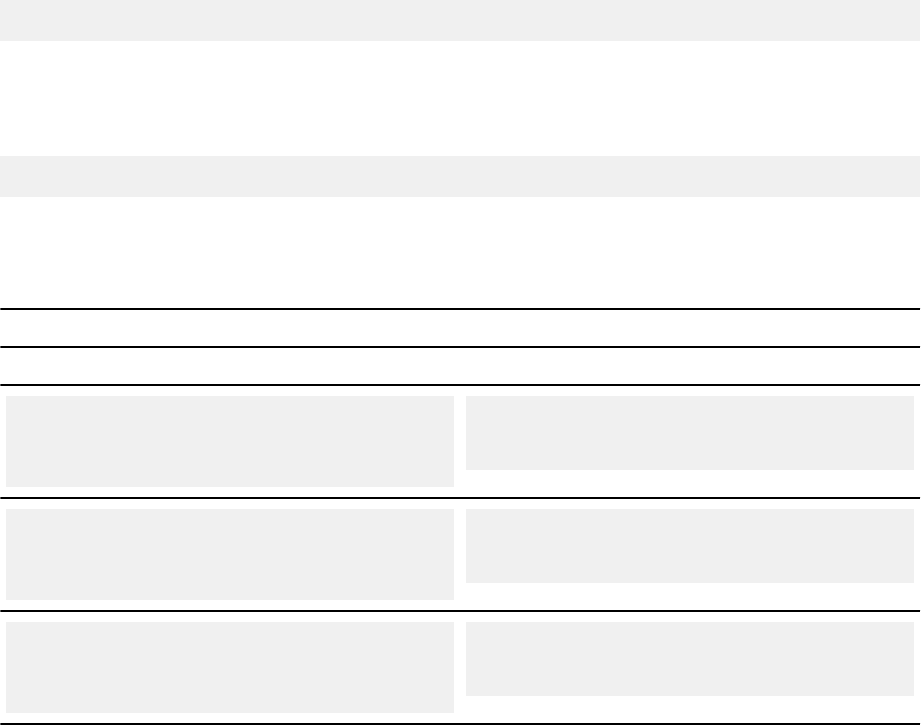
Determining what caused an error when retrieving data into a host variable
Errors that occur when Db2 passes data to host variables in an application are usually caused by a
problem in converting from one data type to another. These errors do not affect the position of the cursor.
About this task
For example, suppose that you fetch an integer value of 32768 into a host variable of type SMALLINT. The
conversion might cause an error if you do not provide sufcient conversion information to Db2.
The variable to which Db2 assigns the data is called the output host variable. If you provide an indicator
variable for the output host variable or if data type conversion is not required, Db2 returns a positive
SQLCODE for the row in most cases. In other cases where data conversion problems occur, Db2 returns
a negative SQLCODE for that row. Regardless of the SQLCODE for the row, no new values are assigned to
the host variable or to subsequent variables for that row. Any values that are already assigned to variables
remain assigned. Even when a negative SQLCODE is returned for a row, statement processing continues
and Db2 returns a positive SQLCODE for the statement (SQLSTATE 01668, SQLCODE +354).
Procedure
To determine what caused an error when retrieving data into a host variable:
1. When Db2 returns SQLCODE = +354, use the GET DIAGNOSTICS statement with the NUMBER option
to determine the number of errors and warnings.
For example, suppose that no indicator variables are provided for the values that are returned by the
following statement:
FETCH FIRST ROWSET FROM C1 FOR 10 ROWS INTO :hva_col1, :hva_col2;
For each row with an error, Db2 records a negative SQLCODE and continues processing until the
10 rows are fetched. When SQLCODE = +354 is returned for the statement, you can use the GET
DIAGNOSTICS statement to determine which errors occurred for which rows. The following statement
returns num_rows = 10 and num_cond = 3:
GET DIAGNOSTICS :num_rows = ROW_COUNT, :num_cond = NUMBER;
2. To investigate the errors and warnings, use additional GET DIAGNOSTIC statements with the
CONDITION option.
For example, to investigate the three conditions that were reported in the example in the previous
step, use the following statements:
Table 83. GET DIAGNOSTIC statements to investigate conditions
Statement Output
GET DIAGNOSTICS CONDITION 3 :sqlstate
= RETURNED_SQLSTATE, :sqlcode =
DB2_RETURNED_SQLCODE, :row_num
= DB2_ROW_NUMBER;
sqlstate = 22003
sqlcode = -304
row_num = 5
GET DIAGNOSTICS CONDITION 2 :sqlstate
= RETURNED_SQLSTATE, :sqlcode =
DB2_RETURNED_SQLCODE, :row_num
= DB2_ROW_NUMBER;
sqlstate = 22003
sqlcode = -802
row_num = 7
GET DIAGNOSTICS CONDITION 1 :sqlstate
= RETURNED_SQLSTATE, :sqlcode =
DB2_RETURNED_SQLCODE, :row_num
= DB2_ROW_NUMBER;
sqlstate = 01668
sqlcode = +354
row_num = 0
Chapter 4. Embedded SQL programming481

This output shows that the fth row has a data mapping error (-304) for column 1 and that the seventh
row has a data mapping error (-802) for column 2. These rows do not contain valid data, and they
should not be used.
Related concepts
Indicator variables, arrays, and structures
An indicator variable is associated with a particular host variable. Each indicator variable contains a small
integer value that indicates some information about the associated host variable. Indicator arrays and
structures serve the same purpose for host-variable arrays and structures.
Related reference
GET DIAGNOSTICS statement (Db2 SQL)
Related information
+354 (Db2 Codes)
Accessing an application defaults module
If your application program currently uses LOAD DSNHDECP, consider changing the application program
to use the DECP address that is returned by ICFID 373, DSNALI, or DSNRLI.
About this task
By using the DECP address that is returned by IFCID 373, DSNALI, or DSNRLI, guarantees that you are
using the same DECP module that was used to start Db2. It also allows the code to skip the LOAD entirely,
only after successfully connecting to Db2. DSNHDECP is loaded by Db2 into Global, pageable storage, so
all programs can share it.
Compatibility of SQL and language data types
The host variable data types that are used in SQL statements must be compatible with the data types of
the columns with which you intend to use them.
When deciding the data types of host variables, consider the following rules and recommendations:
• Numeric data types are compatible with each other:
Assembler
A SMALLINT, INTEGER, BIGINT, DECIMAL, or FLOAT column is compatible with a numeric
assembler host variable.
Fortran
An INTEGER column is compatible with any Fortran host variable that is dened as INTEGER*2,
INTEGER*4, REAL, REAL*4, REAL*8, or DOUBLE PRECISION.
PL/I
A SMALLINT, INTEGER, BIGINT, DECIMAL, or FLOAT column is compatible with a PL/I host variable
of BIN FIXED(15), BIN FIXED(31), DECIMAL(s,p), or BIN FLOAT(n), where n is from 1 to 53, or DEC
FLOAT(m) where m is from 1 to 16.
• Character data types are compatible with each other:
Assembler
A CHAR, VARCHAR, or CLOB column is compatible with a xed-length or varying-length assembler
character host variable.
C/C++
A CHAR, VARCHAR, or CLOB column is compatible with a single-character, NUL-terminated, or
VARCHAR structured form of a C character host variable.
COBOL
A CHAR, VARCHAR, or CLOB column is compatible with a xed-length or varying-length COBOL
character host variable.
482
Db2 12 for z/OS: Application Programming and SQL Guide (Last updated: 2024-07-30)
Fortran
A CHAR, VARCHAR, or CLOB column is compatible with Fortran character host variable.
PL/I
A CHAR, VARCHAR, or CLOB column is compatible with a xed-length or varying-length PL/I
character host variable.
• Character data types are partially compatible with CLOB locators. You can perform the following
assignments:
– Assign a value in a CLOB locator to a CHAR or VARCHAR column
– Use a SELECT INTO statement to assign a CHAR or VARCHAR column to a CLOB locator host variable.
– Assign a CHAR or VARCHAR output parameter from a user-dened function or stored procedure to a
CLOB locator host variable.
– Use a SET assignment statement to assign a CHAR or VARCHAR transition variable to a CLOB locator
host variable.
– Use a VALUES INTO statement to assign a CHAR or VARCHAR function parameter to a CLOB locator
host variable.
However, you cannot use a FETCH statement to assign a value in a CHAR or VARCHAR column to a CLOB
locator host variable.
• Graphic data types are compatible with each other:
Assembler
A GRAPHIC, VARGRAPHIC, or DBCLOB column is compatible with a xed-length or varying-length
assembler graphic character host variable.
C/C++
A GRAPHIC, VARGRAPHIC, or DBCLOB column is compatible with a single character, NUL-
terminated, or VARGRAPHIC structured form of a C graphic host variable.
COBOL
A GRAPHIC, VARGRAPHIC, or DBCLOB column is compatible with a xed-length or varying-length
COBOL graphic string host variable.
PL/I
A GRAPHIC, VARGRAPHIC, or DBCLOB column is compatible with a xed-length or varying-length
PL/I graphic character host variable.
• Graphic data types are partially compatible with DBCLOB locators. You can perform the following
assignments:
– Assign a value in a DBCLOB locator to a GRAPHIC or VARGRAPHIC column
– Use a SELECT INTO statement to assign a GRAPHIC or VARGRAPHIC column to a DBCLOB locator
host variable.
– Assign a GRAPHIC or VARGRAPHIC output parameter from a user-dened function or stored
procedure to a DBCLOB locator host variable.
– Use a SET assignment statement to assign a GRAPHIC or VARGRAPHIC transition variable to a
DBCLOB locator host variable.
– Use a VALUES INTO statement to assign a GRAPHIC or VARGRAPHIC function parameter to a
DBCLOB locator host variable.
However, you cannot use a FETCH statement to assign a value in a GRAPHIC or VARGRAPHIC column to
a DBCLOB locator host variable.
• Binary data types are compatible with each other.
• Binary data types are partially compatible with BLOB locators. You can perform the following
assignments:
– Assign a value in a BLOB locator to a BINARY or VARBINARY column.
– Use a SELECT INTO statement to assign a BINARY or VARBINARY column to a BLOB locator host
variable.
Chapter 4. Embedded SQL programming
483

– Assign a BINARY or VARBINARY output parameter from a user-dened function or stored procedure
to a BLOB locator host variable.
– Use a SET assignment statement to assign a BINARY or VARBINARY transition variable to a BLOB
locator host variable.
– Use a VALUES INTO statement to assign a BINARY or VARBINARY function parameter to a BLOB
locator host variable.
However, you cannot use a FETCH statement to assign a value in a BINARY or VARBINARY column to a
BLOB locator host variable.
• Datetime data types are compatible with character host variables.
Fortran
A BINARY, VARBINARY, or BLOB column or BLOB locator is compatible only with a BLOB host
variable.
C:
For varying-length BIT data, use BINARY. Some C string manipulation functions process NUL-
terminated strings and other functions process strings that are not NUL-terminated. The C string
manipulation functions that process NUL-terminated strings cannot handle bit data because these
functions might misinterpret a NUL character to be a NUL-terminator.
Assembler
A DATE, TIME, or TIMESTAMP column is compatible with a xed-length or varying-length assembler
character host variable.
C/C++
A DATE, TIME, or TIMESTAMP column is compatible with a single-character, NUL-terminated, or
VARCHAR structured form of a C character host variable.
COBOL
A DATE, TIME, or TIMESTAMP column is compatible with a xed-length or varying length COBOL
character host variable.
Fortran
A DATE, TIME, or TIMESTAMP column is compatible with a Fortran character host variable.
PL/I
A DATE, TIME, or TIMESTAMP column is compatible with a xed-length or varying-length PL/I
character host variable.
•
• The ROWID column is compatible only with a ROWID host variable.
• A host variable is compatible with a distinct type if the host variable type is compatible with the source
type of the distinct type.
• XML columns are compatible with the XML host variable types, character types, and binary string types.
Recommendation: Use the XML host variable types for data from XML columns.
• Assembler
You can assign LOB data to a le reference variable (BLOB_FILE, CLOB_FILE, and DBCLOB_FILE).
When necessary, Db2 automatically converts a xed-length string to a varying-length string, or a varying-
length string to a xed-length string.
Related concepts
Distinct types
A distinct type is a user-dened data type that shares its internal representation with a built-in data type
(its source type), but is considered to be a separate and incompatible data type for most operations.
Host variable data types for XML data in embedded SQL applications (Db2 Programming for XML)
Related reference
Equivalent SQL and assembler data types
484
Db2 12 for z/OS: Application Programming and SQL Guide (Last updated: 2024-07-30)

When you declare host variables in your assembler programs, the precompiler uses equivalent SQL data
types. When you retrieve data of a particular SQL data type into a host variable, ensure that the host
variable is of an equivalent data type.
Equivalent SQL and C data types
When you declare host variables in your C programs, the precompiler uses equivalent SQL data types.
When you retrieve data of a particular SQL data type into a host variable, you need to ensure that the host
variable is of an equivalent data type.
Equivalent SQL and COBOL data types
When you declare host variables in your COBOL programs, the precompiler uses equivalent SQL data
types. When you retrieve data of a particular SQL data type into a host variable, you need to ensure that
the host variable is of an equivalent data type.
Equivalent SQL and Fortran data types
When you declare host variables in your Fortran programs, the precompiler uses equivalent SQL data
types. When you retrieve data of a particular SQL data type into a host variable, ensure that the host
variable is of an equivalent data type.
Equivalent SQL and PL/I data types
When you declare host variables in your PL/I programs, the precompiler uses equivalent SQL data types.
When you retrieve data of a particular SQL data type into a host variable, you need to ensure that the host
variable is of an equivalent data type.
Equivalent SQL and REXX data types
All REXX data is string data. Therefore, when a REXX program assigns input data to a column, Db2
converts the data from a string type to the column type. When a REXX program assigns column data to an
output variable, Db2 converts the data from the column type to a string type.
Using host variables in SQL statements
Use scalar host variables in embedded SQL statements to represent a single value. Host variables are
useful for storing retrieved data or for passing values that are to be assigned or used for comparisons.
When you use host variables, adhere to the following requirements:
• You must declare the name of the host variable in the host program before you use it. Host variables
follow the naming conventions of the host language.
• You can use a host variable to represent a data value, but you cannot use it to represent a table, view, or
column name. You can specify table, view, or column names at run time by using dynamic SQL.
• To use a host variable in an SQL statement, you can specify any valid host variable name that is declared
according to the rules of the host language.
• A colon (:) must precede host variables that are used in SQL statements so that Db2 can distinguish a
variable name from a column name. When host variables are used outside of SQL statements, do not
precede them with a colon. PL/I programs have the following exceptions: If the SQL statement meets
any of the following conditions, do not precede a host variable or host variable array in that statement
with a colon:
– The SQL statement is in a program that also contains a DECLARE VARIABLE statement.
– The host variable is part of a string expression, but the host variable is not the only component of the
string expression.
• To optimize performance, make sure that the host language declaration maps as closely as possible to
the data type of the associated data in the database.
• For assignments and comparisons between a Db2 column and a host variable of a different data type or
length, expect conversions to occur.
Related concepts
Host variables
Use host variables to pass a single data item between Db2 and your application.
Assignment and comparison (Db2 SQL)
Chapter 4. Embedded SQL programming
485

Host variables (Db2 SQL)
Related tasks
Including dynamic SQL in your program
Dynamic SQL is prepared and executed while the program is running.
Retrieving a single row of data into host variables
If you know that your query returns only one row, you can specify one or more host variables to contain
the column values of the retrieved row.
About this task
Restriction: These instructions do not apply if you do not know how many rows Db2 will return or if you
expect Db2 to return more than one row. In these situations, use a cursor. A cursor enables an application
to return a set of rows and fetch either one row at a time or one rowset at a time from the result table.
Procedure
In the SELECT statement specify the INTO clause with the name of one or more host variables to contain
the retrieved values. Specify one variable for each value that is to be retrieved. The retrieved value can
be a column value, a value of a host variable, the result of an expression, or the result of an aggregate
function.
Recommendation: If you want to ensure that only one row is returned, specify the FETCH FIRST 1 ROW
ONLY clause. Consider using the ORDER BY clause to control which row is returned. If you specify both
the ORDER BY clause and the FETCH FIRST clause, ordering is performed on the entire result set before
the rst row is returned.
Db2 assigns the rst value in the result row to the rst variable in the list, the second value to the second
variable, and so on.
If the SELECT statement returns more than one row, Db2 returns an error, and any data that is returned is
undened and unpredictable.
Examples
Example: Retrieving a single row into a host variable
Suppose that you are retrieving the LASTNAME and WORKDEPT column values from the
DSN8C10.EMP table for a particular employee. You can dene a host variable in your program to hold
each column value and then name the host variables in the INTO clause of the SELECT statement, as
shown in the following COBOL example.
MOVE '000110' TO CBLEMPNO.
EXEC SQL
SELECT LASTNAME, WORKDEPT
INTO :CBLNAME, :CBLDEPT
FROM DSN8C10.EMP
WHERE EMPNO = :CBLEMPNO
END-EXEC.
In this example, the host variable CBLEMPNO is preceded by a colon (:) in the SQL statement, but it is
not preceded by a colon in the COBOL MOVE statement.
This example also uses a host variable to specify a value in a search condition. The host variable
CBLEMPNO is dened for the employee number, so that you can retrieve the name and the work
department of the employee whose number is the same as the value of the host variable, CBLEMPNO;
in this case, 000110.
In the DATA DIVISION section of a COBOL program, you must declare the host variables CBLEMPNO,
CBLNAME, and CBLDEPT to be compatible with the data types in the columns EMPNO, LASTNAME,
and WORKDEPT of the DSN8C10.EMP table.
486
Db2 12 for z/OS: Application Programming and SQL Guide (Last updated: 2024-07-30)

Example: Ensuring that a query returns only a single row
You can use the FETCH FIRST 1 ROW ONLY clause in a SELECT statement to ensure that only one
row is returned. This action prevents undened and unpredictable data from being returned when you
specify the INTO clause of the SELECT statement. The following example SELECT statement ensures
that only one row of the DSN8C10.EMP table is returned.
EXEC SQL
SELECT LASTNAME, WORKDEPT
INTO :CBLNAME, :CBLDEPT
FROM DSN8C10.EMP
FETCH FIRST 1 ROW ONLY
END-EXEC.
You can include an ORDER BY clause in the preceding example to control which row is returned. The
following example SELECT statement ensures that the only row returned is the one with a last name
that is rst alphabetically.
EXEC SQL
SELECT LASTNAME, WORKDEPT
INTO :CBLNAME, :CBLDEPT
FROM DSN8810.EMP
ORDER BY LASTNAME
FETCH FIRST 1 ROW ONLY
END-EXEC.
Example: Retrieving the results of host variable values and expressions into host variables
When you specify a list of items in the SELECT clause, that list can include more than the column
names of tables and views. You can request a set of column values mixed with host variable values
and constants. For example, the following query requests the values of several columns (EMPNO,
LASTNAME, and SALARY), the value of a host variable (RAISE), and the value of the sum of a column
and a host variable (SALARY and RAISE). For each of these ve items in the SELECT list, a host
variable is listed in the INTO clause.
MOVE 4476 TO RAISE.
MOVE '000220' TO PERSON.
EXEC SQL
SELECT EMPNO, LASTNAME, SALARY, :RAISE, SALARY + :RAISE
INTO :EMP-NUM, :PERSON-NAME, :EMP-SAL, :EMP-RAISE, :EMP-TTL
FROM DSN8C10.EMP
WHERE EMPNO = :PERSON
END-EXEC.
The preceding SELECT statement returns the following results. The column headings represent the
names of the host variables.
EMP-NUM PERSON-NAME EMP-SAL EMP-RAISE EMP-TTL
======= =========== ======= ========= =======
000220 LUTZ 29840 4476 34316
Example: Retrieving the result of an aggregate function into a host variable
A query can request summary values to be returned from aggregate functions and store those values
in host variables. For example, the following query requests that the result of the AVG function be
stored in the AVG-SALARY host variable.
MOVE 'D11' TO DEPTID.
EXEC SQL
SELECT WORKDEPT, AVG(SALARY)
INTO :WORK-DEPT, :AVG-SALARY
FROM DSN8C10.EMP
WHERE WORKDEPT = :DEPTID
END-EXEC.
Related tasks
Retrieving a set of rows by using a cursor
Chapter 4. Embedded SQL programming
487
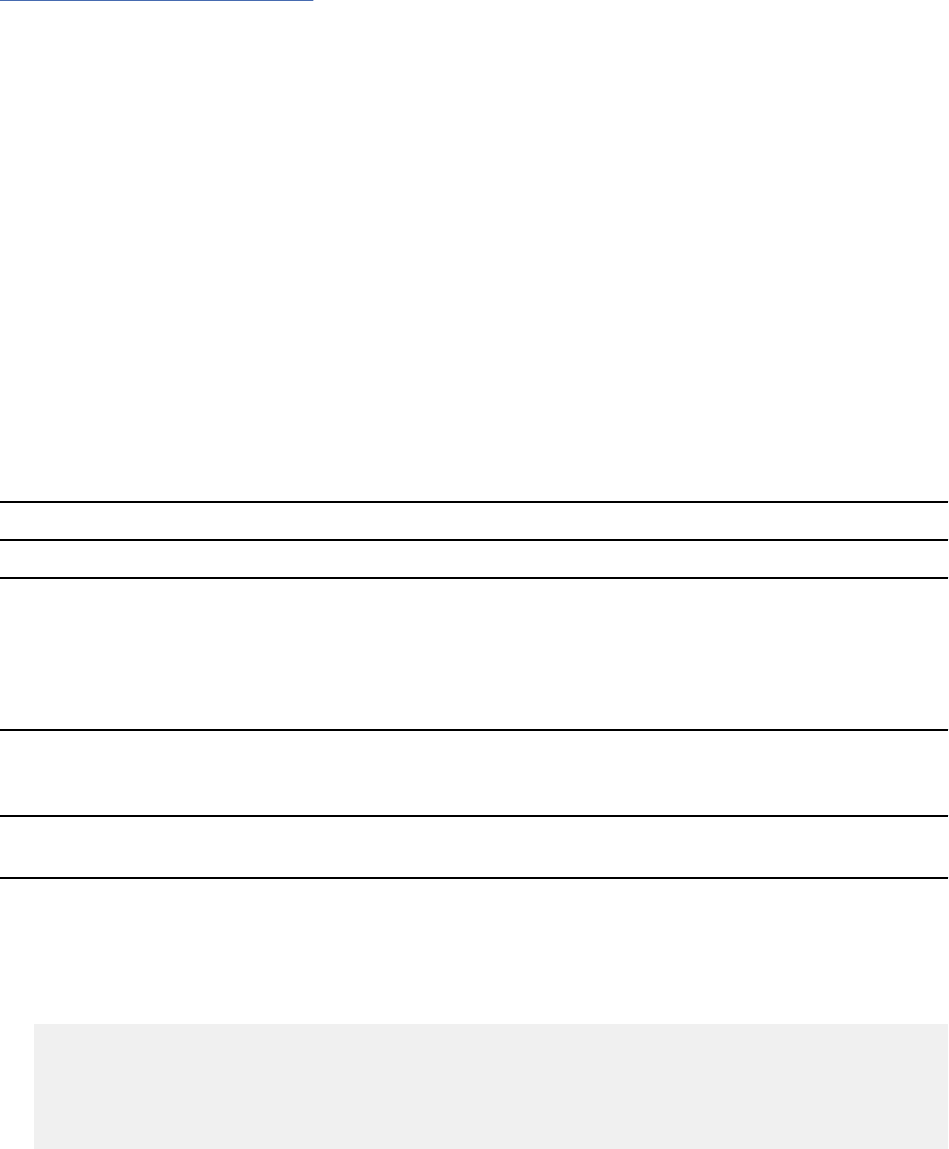
In an application program, you can retrieve a set of rows from a table or a result table that is returned by a
stored procedure. You can retrieve one or more rows at a time.
Related reference
SELECT INTO statement (Db2 SQL)
Determining whether a retrieved value in a host variable is null or truncated
Before your application manipulates the data that was retrieved from Db2 into a host variable, determine
if the value is null. Also determine if it was truncated when assigned to the variable. You can use indicator
variables to obtain this information.
Before you begin
Before you determine whether a retrieved column value is null or truncated, you must have dened the
appropriate indicator variables, arrays, and structures.
About this task
An error occurs if you do not use an indicator variable and Db2 retrieves a null value.
Procedure
Determine the value of the indicator variable, array, or structure that is associated with the host variable,
array, or structure.
Those values have the following meanings:
Table 84. Meanings of values in indicator variables
Value of indicator variable Meaning
Less than zero The column value is null. The value of the host
variable does not change from its previous value.
If the indicator variable value is -2, the column
value is null because of a numeric or character
conversion error,
Zero The column value is nonnull. If the column value
is a character string, the retrieved value is not
truncated.
Positive integer The retrieved value is truncated. The integer is the
original length of the string.
Examples
Example of testing an indicator variable
Assume that you have dened the following indicator variable INDNULL for the host variable
CBLPHONE.
EXEC SQL
SELECT PHONENO
INTO :CBLPHONE:INDNULL
FROM DSN8C10.EMP
WHERE EMPNO = :EMPID
END-EXEC.
You can then test INDNULL for a negative value. If the value is negative, the corresponding value of
PHONENO is null, and you can disregard the contents of CBLPHONE.
488
Db2 12 for z/OS: Application Programming and SQL Guide (Last updated: 2024-07-30)
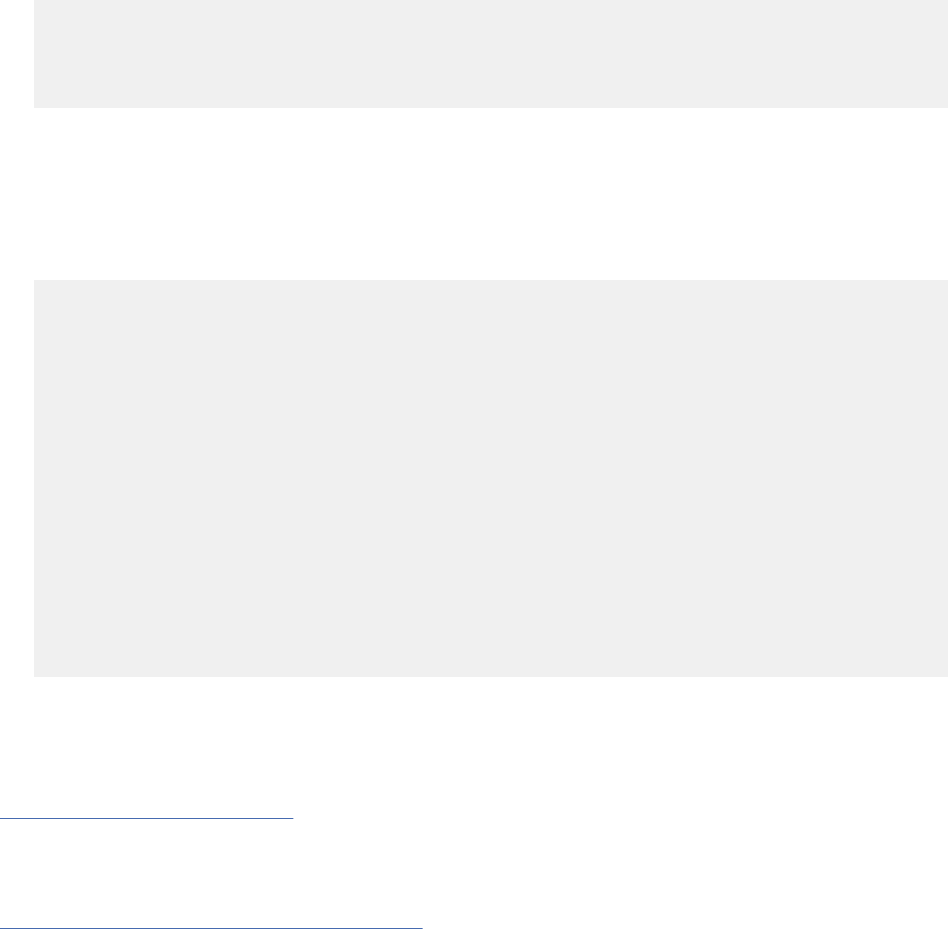
Example of testing an indicator variable array
Suppose that you declare the following indicator array INDNULL for the host-variable array
CBLPHONE.
EXEC SQL
FETCH NEXT ROWSET CURS1
FOR 10 ROWS
INTO :CBLPHONE :INDNULL
END-EXEC.
After the multiple-row FETCH statement, you can test each element of the INDNULL array for a
negative value. If an element is negative, you can disregard the contents of the corresponding
element in the CBLPHONE host-variable array.
Example of testing an indicator structure in COBOL
The following example denes the indicator structure EMP-IND as an array that contains six values
and corresponds to the PEMP-ROW host structure.
01 PEMP-ROW.
10 EMPNO PIC X(6).
10 FIRSTNME.
49 FIRSTNME-LEN PIC S9(4) USAGE COMP.
49 FIRSTNME-TEXT PIC X(12).
10 MIDINIT PIC X(1).
10 LASTNAME.
49 LASTNAME-LEN PIC S9(4) USAGE COMP.
49 LASTNAME-TEXT PIC X(15).
10 WORKDEPT PIC X(3).
10 EMP-BIRTHDATE PIC X(10).
01 INDICATOR-TABLE.
02 EMP-IND PIC S9(4) COMP OCCURS 6 TIMES.
⋮
MOVE '000230' TO EMPNO.
⋮
EXEC SQL
SELECT EMPNO, FIRSTNME, MIDINIT, LASTNAME, WORKDEPT, BIRTHDATE
INTO :PEMP-ROW:EMP-IND
FROM DSN8C10.EMP
WHERE EMPNO = :EMPNO
END-EXEC.
You can test the indicator structure EMP-IND for negative values. If, for example, EMP-IND(6)
contains a negative value, the corresponding host variable in the host structure (EMP-BIRTHDATE)
contains a null value.
Related concepts
Arithmetic and conversion errors
You can track arithmetic and conversion errors by using indicator variables. An indicator variable contains
a small integer value that indicates some information about the associated host variable.
Related tasks
Declaring host variables and indicator variables
You can use host variables and indicator variables in SQL statements in your program to pass data
between Db2 and your application.
Updating data by using host variables
When you want to update a value in a Db2 table, but you do not know the exact value until the program
runs, use host variables. Db2 can change a table value to match the current value of the host variable.
Procedure
To update data by using host variables:
1. Declare the necessary host variables.
2. Specify an UPDATE statement with the appropriate host variable names in the SET clause.
Chapter 4. Embedded SQL programming
489
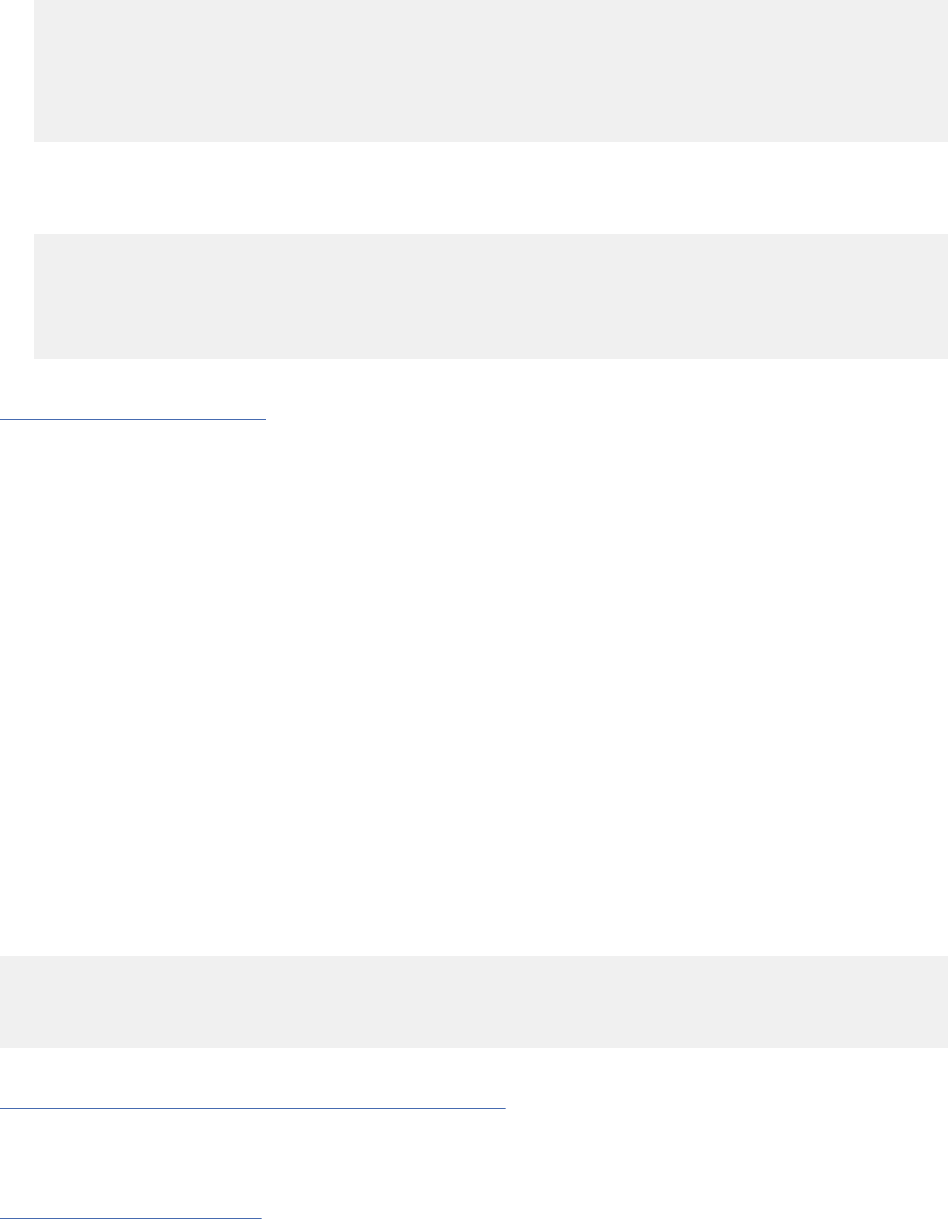
Examples
Example of updating a single row by using a host variable
The following COBOL example changes an employee's phone number to the value in the NEWPHONE
host variable. The employee ID value is passed through the EMPID host variable.
MOVE '4246' TO NEWPHONE.
MOVE '000110' TO EMPID.
EXEC SQL
UPDATE DSN8C10.EMP
SET PHONENO = :NEWPHONE
WHERE EMPNO = :EMPID
END-EXEC.
Example of updating a single row by using a host variable
The following example gives the employees in a particular department a salary increase of 10%. The
department value is passed through the DEPTID host variable.
MOVE 'D11' TO DEPTID.
EXEC SQL
UPDATE DSN8C10.EMP
SET SALARY = 1.10 * SALARY
WHERE WORKDEPT = :DEPTID
END-EXEC.
Related reference
UPDATE statement (Db2 SQL)
Inserting a single row by using a host variable
Use host variables in your INSERT statement when you don't know at least some of the values to insert
until the program runs.
About this task
Restriction: These instructions apply only to inserting a single row. If you want to insert multiple rows,
use host variable arrays or the form of the INSERT statement that selects values from another table or
view.
Procedure
Specify an INSERT statement with column values in the VALUES clause. Specify host variables or a
combination of host variables and constants as the column values.
Db2 inserts the rst value into the rst column in the list, the second value into the second column, and so
on.
Example
The following example uses host variables to insert a single row into the activity table.
EXEC SQL
INSERT INTO DSN8C10.ACT
VALUES (:HV-ACTNO, :HV-ACTKWD, :HV-ACTDESC)
END-EXEC.
Related tasks
Inserting multiple rows of data from host-variable arrays
Use host-variable arrays in your INSERT statement when you do not know at least some of the values to
insert until the program runs.
Related reference
INSERT statement (Db2 SQL)
490
Db2 12 for z/OS: Application Programming and SQL Guide (Last updated: 2024-07-30)

Using host-variable arrays in SQL statements
Use host-variable arrays in embedded SQL statements to represent values that the program does not
know until the query is executed. Host-variable arrays are useful for storing a set of retrieved values or for
passing a set of values that are to be inserted into a table.
To use a host-variable array in an SQL statement, specify any valid host-variable array that is declared
according to the host language rules. You can specify host-variable arrays in C or C++, COBOL, and PL/I.
You must declare the array in the host program before you use it.
Host-variable arrays are dened by statements of the host language, as explained in the following topics:
• “Host-variable arrays in C and C++” on page 595
• “Host-variable arrays in COBOL” on page 661
• “Host-variable arrays in PL/I” on page 713
Tip: Host-variable arrays are not supported for assembler, FORTRAN, or REXX programs. However,
you can use SQL descriptor areas (SQLDA) to achieve similar results in any host language. For more
information see “Dening SQL descriptor areas (SQLDA)” on page 474.
Host-variable arrays can be referenced only as a simple reference in the following contexts. In syntax
diagrams, host-variable-array designates a reference to a host-variable array.
• In a FETCH statement for a multiple-row fetch. See FETCH statement (Db2 SQL).
• In the FOR n ROWS form of the INSERT statement with a host-variable array for the source data. See
INSERT statement (Db2 SQL).
• In a MERGE statement with multiple rows of source data. See MERGE statement (Db2 SQL).
• In an EXECUTE statement to provide a value for a parameter marker in a dynamic FOR n ROWS form of
the INSERT statement or a MERGE statement. See EXECUTE statement (Db2 SQL).
Related concepts
Host-variable arrays in PL/I, C, C++, and COBOL (Db2 SQL)
Host-variable arrays
You can use host-variable arrays to pass a data array between Db2 and your application. A host-variable
array is a data array that is declared in the host language to be used within an SQL statement.
Related tasks
Inserting multiple rows of data from host-variable arrays
Use host-variable arrays in your INSERT statement when you do not know at least some of the values to
insert until the program runs.
Retrieving multiple rows of data into host-variable arrays
If you know that your query returns multiple rows, you can specify host-variable arrays to store the
retrieved column values.
Retrieving multiple rows of data into host-variable arrays
If you know that your query returns multiple rows, you can specify host-variable arrays to store the
retrieved column values.
About this task
You can use host-variable arrays to specify a program data area to contain multiple rows of column
values. A Db2 rowset cursor enables an application to retrieve and process a set of rows from the result
table of the cursor.
Related concepts
Host-variable arrays
Chapter 4. Embedded SQL programming
491
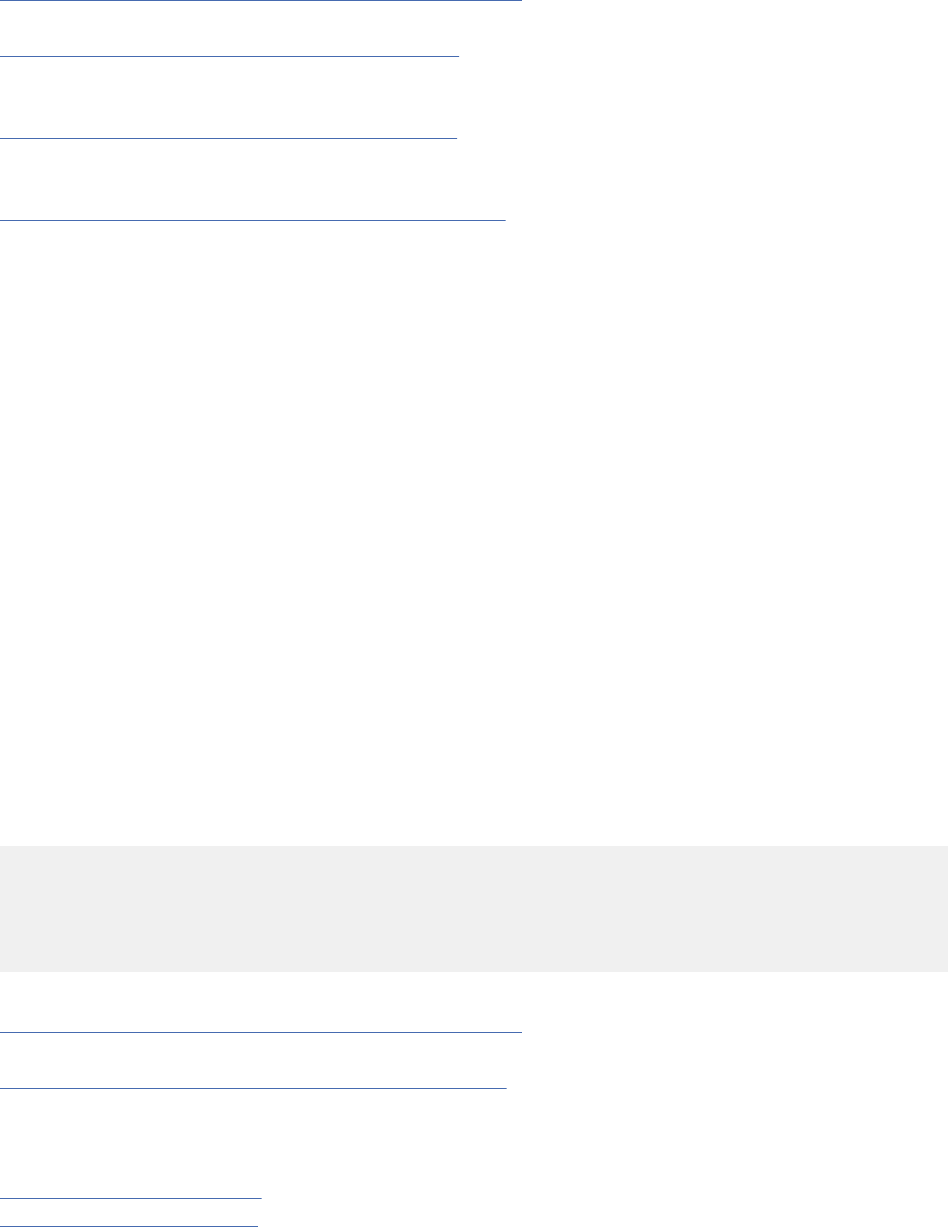
You can use host-variable arrays to pass a data array between Db2 and your application. A host-variable
array is a data array that is declared in the host language to be used within an SQL statement.
Host-variable arrays in PL/I, C, C++, and COBOL (Db2 SQL)
Related tasks
Accessing data by using a rowset-positioned cursor
A rowset-positioned cursor is a cursor that can return one or more rows for a single fetch operation. The
cursor is positioned on the set of rows that are to be fetched.
Executing SQL statements by using a rowset cursor
You can use rowset cursors to execute multiple-row FETCH statements, positioned UPDATE statements,
and positioned DELETE statements.
Inserting multiple rows of data from host-variable arrays
Use host-variable arrays in your INSERT statement when you do not know at least some of the values to
insert until the program runs.
Inserting multiple rows of data from host-variable arrays
Use host-variable arrays in your INSERT statement when you do not know at least some of the values to
insert until the program runs.
About this task
You can use the FOR n ROWS form of the INSERT statement or the MERGE statement to insert multiple
rows from values that are provided in host-variable arrays.
Each array contains values for a column of the target table. The rst value in an array corresponds to the
value for that column for the rst inserted row, the second value in the array corresponds to the value for
that column in the second inserted row, and so on. Db2 determines the attributes of the values based on
the declaration of the array.
Example
Assume that the host-variable arrays HVA1, HVA2, and HVA3 have been declared and populated with the
values that are to be inserted into the ACTNO, ACTKWD, and ACTDESC columns of the ACT table. The
NUM-ROWS host variable species the number of rows to insert, which must be less than or equal to the
dimension of each host-variable array.
You can insert the number of rows that are specied in the host variable NUM-ROWS by using the
following INSERT statement:
EXEC SQL
INSERT INTO DSN8C10.ACT
(ACTNO, ACTKWD, ACTDESC)
VALUES (:HVA1, :HVA2, :HVA3)
FOR :NUM-ROWS ROWS
END-EXEC.
Related concepts
Host-variable arrays in PL/I, C, C++, and COBOL (Db2 SQL)
Related tasks
Retrieving multiple rows of data into host-variable arrays
If you know that your query returns multiple rows, you can specify host-variable arrays to store the
retrieved column values.
Related reference
INSERT statement (Db2 SQL)
MERGE statement (Db2 SQL)
492
Db2 12 for z/OS: Application Programming and SQL Guide (Last updated: 2024-07-30)

Inserting null values into columns by using indicator variables or
arrays
If you need to insert null values into a column, using an indicator variable or array is an easy way to do so.
An indicator variable or array is associated with a particular host variable or host-variable array.
Procedure
To insert null values into columns by using indicator variables or arrays:
1. Dene an indicator variable or array for a particular host variable or array.
2. Assign a negative value to the indicator variable or array.
3. Issue the appropriate INSERT, UPDATE, or MERGE statement with the host variable or array and its
indicator variable or array.
When Db2 processes INSERT, UPDATE, and MERGE statements, it checks the indicator variable if one
exists. If the indicator variable is negative, the column value is null. If the indicator variable is greater
than -1, the associated host variable contains a value for the column.
Examples
Example of setting a column value to null by using an indicator variable
Suppose your program reads an employee ID and a new phone number and must update the
employee table with the new number. The new number could be missing if the old number is
incorrect, but a new number is not yet available. If the new value for column PHONENO might be
null, you can use an indicator variable, as shown in the following UPDATE statement.
EXEC SQL
UPDATE DSN8C10.EMP
SET PHONENO = :NEWPHONE:PHONEIND
WHERE EMPNO = :EMPID
END-EXEC.
When NEWPHONE contains a non-null value, set the indicator variable PHONEIND to zero by
preceding the UPDATE statement with the following line:
MOVE 0 TO PHONEIND.
When NEWPHONE contains a null value, set PHONEIND to a negative value by preceding the UPDATE
statement with the following line:
MOVE -1 TO PHONEIND.
Example of setting a column value to null by using an indicator variable array
Assume that host-variable arrays hva1 and hva2 have been populated with values that are to be
inserted into the ACTNO and ACTKWD columns. Assume the ACTDESC column allows nulls. To set
the ACTDESC column to null, assign -1 to the elements in its indicator array, ind3, as shown in the
following example:
/* Initialize each indicator array */
for (i=0; i<10; i++) {
ind1[i] = 0;
ind2[i] = 0;
ind3[i] = -1;
}
EXEC SQL
INSERT INTO DSN8C10.ACT
(ACTNO, ACTKWD, ACTDESC)
VALUES (:hva1:ind1, :hva2:ind2, :hva3:ind3)
FOR 10 ROWS;
Db2 ignores the values in the hva3 array and assigns the values in the ARTDESC column to null for the
10 rows that are inserted.
Chapter 4. Embedded SQL programming
493

Related tasks
Declaring host variables and indicator variables
You can use host variables and indicator variables in SQL statements in your program to pass data
between Db2 and your application.
Retrieving a single row of data into a host structure
If you know that your query returns multiple column values for only one row, you can specify a host
structure to contain the column values.
About this task
In the following example, assume that your COBOL program includes the following SQL statement:
EXEC SQL
SELECT EMPNO, FIRSTNME, MIDINIT, LASTNAME, WORKDEPT
INTO :EMPNO, :FIRSTNME, :MIDINIT, :LASTNAME, :WORKDEPT
FROM DSN8C10.VEMP
WHERE EMPNO = :EMPID
END-EXEC.
If you want to avoid listing host variables, you can substitute the name of a structure, say :PEMP, that
contains :EMPNO, :FIRSTNME, :MIDINIT, :LASTNAME, and :WORKDEPT. The example then reads:
EXEC SQL
SELECT EMPNO, FIRSTNME, MIDINIT, LASTNAME, WORKDEPT
INTO :PEMP
FROM DSN8C10.VEMP
WHERE EMPNO = :EMPID
END-EXEC.
You can declare a host structure yourself, or you can use DCLGEN to generate a COBOL record
description, PL/I structure declaration, or C structure declaration that corresponds to the columns of
a table.
Related concepts
DCLGEN (declarations generator)
Your program should declare the tables and views that it accesses. The Db2 declarations generator,
DCLGEN, produces these DECLARE statements for C, COBOL, and PL/I programs, so that you do not need
to code the statements yourself. DCLGEN also generates corresponding host variable structures.
Host structures
Use host structures to pass a group of host variables between Db2 and your application.
Example: Adding DCLGEN declarations to a library
You can use DCLGEN to generate table and variable declarations for C, COBOL, and PL/I programs. If you
store these declarations in a library, you can later integrate them into your program with a single SQL
INCLUDE statement.
Including dynamic SQL in your program
Dynamic SQL is prepared and executed while the program is running.
Before you begin
Before you use dynamic SQL, consider whether static SQL or dynamic SQL is the best technique for your
application, and consider the type of dynamic SQL that you want to use. Also consider the performance
implications of using dynamic SQL in application programs. For information about methods that you can
use to improve the performance of dynamic SQL statements, see Improving dynamic SQL performance
(Db2 Performance).
494
Db2 12 for z/OS: Application Programming and SQL Guide (Last updated: 2024-07-30)

About this task
Introductory concepts
Submitting SQL statements to Db2 (Introduction to Db2 for z/OS)
Dynamic SQL applications (Introduction to Db2 for z/OS)
Dynamic SQL prepares and executes the SQL statements within a program, while the program is running.
You can issue dynamic SQL statements in the following contexts:
Interactive SQL
A user enters SQL statements through SPUFI, the command line processor, or an interactive tool, such
as QMF for Workstation.Db2 prepares and executes those statements as dynamic SQL statements.
Embedded dynamic SQL
Your application puts the SQL source in host variables and includes PREPARE and EXECUTE
statements that tell Db2 to prepare and run the contents of those host variables at run time. You
must precompile and bind programs that include embedded dynamic SQL.
Deferred embedded SQL
Deferred embedded SQL statements are neither fully static nor fully dynamic. Like static statements,
deferred embedded SQL statements are embedded within applications; however, like dynamic
statements, they are prepared at run time. Db2 processes the deferred embedded SQL statements
with bind-time rules. For example, Db2 uses the authorization ID and qualier (that are determined at
bind time) as the plan or package owner.
Dynamic SQL executed through ODBC or JDBC functions
Your application contains ODBC function calls that pass dynamic SQL statements as arguments. You
do not need to precompile and bind programs that use ODBC function calls.
JDBC application support lets you write dynamic SQL applications in Java.
For most Db2 users, static SQL, which is embedded in a host language program and bound before the
program runs, provides a straightforward, efcient path to Db2 data. You can use static SQL when you
know before run time what SQL statements your application needs to execute.
Related tasks
Setting limits for system resource usage by using the resource limit facility (Db2 Performance)
Enabling the dynamic statement cache to improve dynamic SQL performance (Db2 Performance)
Related information
Dynamic Statement Cache (white paper)
Differences between static and dynamic SQL
Static and dynamic SQL are each appropriate for different circumstances. You should consider the
differences between the two when determining whether static SQL or dynamic SQL is best for your
application.
Flexibility of static SQL with host variables
Introductory concepts
Static SQL (Introduction to Db2 for z/OS)
Static SQL applications (Introduction to Db2 for z/OS)
Submitting SQL statements to Db2 (Introduction to Db2 for z/OS)
Dynamic SQL applications (Introduction to Db2 for z/OS)
When you use static SQL, you cannot change the form of SQL statements unless you make changes to the
program. However, you can increase the flexibility of static statements by using host variables.
Chapter 4. Embedded SQL programming
495

Example: In the following example, the UPDATE statement can update the salary of any employee. At
bind time, you know that salaries must be updated, but you do not know until run time whose salaries
should be updated, and by how much.
01 IOAREA.
02 EMPID PIC X(06).
02 NEW-SALARY PIC S9(7)V9(2) COMP-3.
⋮ (Other declarations)
READ CARDIN RECORD INTO IOAREA
AT END MOVE 'N' TO INPUT-SWITCH.
⋮ (Other COBOL statements)
EXEC SQL
UPDATE DSN8C10.EMP
SET SALARY = :NEW-SALARY
WHERE EMPNO = :EMPID
END-EXEC.
The statement (UPDATE) does not change, nor does its basic structure, but the input can change the
results of the UPDATE statement.
Flexibility of dynamic SQL
What if a program must use different types and structures of SQL statements? If there are so many types
and structures that it cannot contain a model of each one, your program might need dynamic SQL.
You can use one of the following programs to execute dynamic SQL:
Db2 Query Management Facility (QMF)
Provides an alternative interface to Db2 that accepts almost any SQL statement
SPUFI
Accepts SQL statements from an input data set, and then processes and executes them dynamically
command line processor
Accepts SQL statements from a UNIX System Services environment.
Limitations of dynamic SQL
You cannot use some of the SQL statements dynamically.
Dynamic SQL processing
A program that provides for dynamic SQL accepts as input, or generates, an SQL statement in the form
of a character string. You can simplify the programming if you can plan the program not to use SELECT
statements, or to use only those that return a known number of values of known types. In the most
general case, in which you do not know in advance about the SQL statements that will execute, the
program typically takes these steps:
1. Translates the input data, including any parameter markers, into an SQL statement
2. Prepares the SQL statement to execute and acquires a description of the result table
3. Obtains, for SELECT statements, enough main storage to contain retrieved data
4. Executes the statement or fetches the rows of data
5. Processes the information returned
6. Handles SQL return codes.
Performance of static and dynamic SQL
To access Db2 data, an SQL statement requires an access path. Two big factors in the performance of
an SQL statement are the amount of time that Db2 uses to determine the access path at run time and
whether the access path is efcient. Db2 determines the access path for a statement at either of these
times:
• When you bind the plan or package that contains the SQL statement
496
Db2 12 for z/OS: Application Programming and SQL Guide (Last updated: 2024-07-30)
• When the SQL statement executes
The time at which Db2 determines the access path depends on these factors:
• Whether the statement is executed statically or dynamically
• Whether the statement contains input host variables
• Whether the statement contains a declared global temporary table.
Static SQL statements with no input host variables
For static SQL statements that do not contain input host variables, Db2 determines the access path when
you bind the plan or package. This combination yields the best performance because the access path is
already determined when the program executes.
Static SQL statements with input host variables
For static SQL statements that have input host variables, the time at which Db2 determines the
access path depends on the REOPT bind option that you specify: REOPT(NONE) or REOPT(ALWAYS).
REOPT(NONE) is the default. Do not specify REOPT(AUTO) or REOPT(ONCE); these options are applicable
only to dynamic statements. Db2 ignores REOPT(ONCE) and REOPT(AUTO) for static SQL statements,
because Db2 caches only dynamic SQL statements.
If you specify REOPT(NONE), Db2 determines the access path at bind time, just as it does when there are
no input variables.
If you specify REOPT(ALWAYS), Db2 determines the access path at bind time and again at run time, using
the values of the following types of input variables:
• Host variables
• Parameter markers
• Special registers
Db2 must spend extra time determining the access path for statements at run time. However if Db2
determines a signicantly better access path using the variable values, you might see an overall
performance improvement. With REOPT(ALWAYS), Db2 optimizes statements using known literal values.
Knowing the literal values can help Db2 to choose a more efcient access path when the columns contain
skewed data. Db2 can also recognize which partitions qualify if there are search conditions with host
variables on the limit keys of partitioned table spaces.
With REOPT(ALWAYS) Db2 does not start the optimization over from the beginning. For example Db2 does
not perform query transformations based on the literal values. Consequently, static SQL statements that
use host variables optimized with REOPT(ALWAYS) and similar SQL statements that use explicit literal
values might result in different access paths.
Dynamic SQL statements
For dynamic SQL statements, Db2 determines the access path at run time, when the statement is
prepared. The repeating cost of preparing a dynamic statement can make the performance worse than
that of static SQL statements. However, if you execute the same SQL statement often, you can use the
dynamic statement cache to decrease the number of times that those dynamic statements must be
prepared.
Dynamic SQL statements with input host variables
When you bind applications that contain dynamic SQL statements with input host variables, consider
using the REOPT(ALWAYS), REOPT(ONCE), or REOPT(AUTO) bind options, instead of the REOPT(NONE)
option.
Use REOPT(ALWAYS) when you are not using the dynamic statement cache. Db2 determines the access
path for statements at each EXECUTE or OPEN of the statement. This option ensures the best access
Chapter 4. Embedded SQL programming
497

path for a statement, but using REOPT(ALWAYS) can increase the cost of frequently used dynamic SQL
statements.
Consequently, the REOPT(ALWAYS) option is not a good choice for high-volume sub-second queries.
For high-volume fast running queries, the repeating cost of prepare can exceed the execution cost of
the statement. Statements that are processed under the REOPT(ALWAYS) option are excluded from the
dynamic statement cache even if dynamic statement caching is enabled because Db2 cannot reuse
access paths when REOPT(ALWAYS) is specied.
Use REOPT(ONCE) or REOPT(AUTO) when you are using the dynamic statements cache:
• If you specify REOPT(ONCE), Db2 determines and the access path for statements only at the rst
EXECUTE or OPEN of the statement. It saves that access path in the dynamic statement cache and uses
it until the statement is invalidated or removed from the cache. This reuse of the access path reduces
the prepare cost of frequently used dynamic SQL statements that contain input host variables; however,
it does not account for changes to parameter marker values for dynamic statements.
The REOPT(ONCE) option is ideal for ad-hoc query applications such as SPUFI, DSNTEP2, DSNTEP4,
DSNTIAUL, and QMF Db2 can better optimize statements knowing the literal values for special registers
such as CURRENT DATE and CURRENT TIMESTAMP, rather than using default lter factor estimates.
• If you specify REOPT(AUTO), Db2 determines the access path at run time. For each execution of a
statement with parameter markers, Db2 generates a new access path if it determines that a new access
path is likely to improve performance.
Coding PREPARE statements for efcient optimization
You should code your PREPARE statements to minimize overhead. With REOPT(AUTO), REOPT(ALWAYS),
and REOPT(ONCE), Db2 prepares an SQL statement at the same time as it processes OPEN or EXECUTE
for the statement. That is, Db2 processes the statement as if you specify DEFER(PREPARE). However, Db2
prepares the statement twice in the following situations:
• Your program issues the DESCRIBE statement before the OPEN statement
• You issue the PREPARE statement with the INTO parameter
For the rst prepare, Db2 determines the access path without using input variable values. For the
second prepare, Db2 uses the input variable values to determine the access path. This extra prepare
can decrease performance.
If you specify REOPT(ALWAYS), Db2 prepares the statement twice each time it is run.
If you specify REOPT(ONCE), Db2 prepares the statement twice only when the statement has never been
saved in the cache. If the statement has been prepared and saved in the cache, Db2 will use the saved
version of the statement to complete the DESCRIBE statement.
If you specify REOPT(AUTO), Db2 initially prepares the statement without using input variable values. If
the statement has been saved in the cache, for the subsequent OPEN or EXECUTE, Db2 determines if a
new access path is needed according to the input variable values.
For a statement that uses a cursor, you can avoid the double prepare by placing the DESCRIBE statement
after the OPEN statement in your program.
If you use predictive governing, and a dynamic SQL statement that is bound with either REOPT(ALWAYS)
or REOPT(ONCE) exceeds a predictive governing warning threshold, your application does not receive a
warning SQLCODE. However, it will receive an error SQLCODE from the OPEN or EXECUTE statement.
Related tasks
Reoptimizing SQL statements at run time (Db2 Performance)
Enabling the dynamic statement cache to improve dynamic SQL performance (Db2 Performance)
Related reference
Actions allowed on SQL statements (Db2 SQL)
REOPT bind option (Db2 Commands)
498
Db2 12 for z/OS: Application Programming and SQL Guide (Last updated: 2024-07-30)

Possible host languages for dynamic SQL applications
Programs that use dynamic SQL are usually written in assembler, C, PL/I, REXX, and COBOL. All SQL
statements in REXX programs are considered dynamic SQL.
You can write non-SELECT and xed-list SELECT statements in any of the Db2 supported languages. A
program containing a varying-list SELECT statement is more difcult to write in Fortran, because the
program cannot run without the help of a subroutine to manage address variables (pointers) and storage
allocation.
Most of the examples in this topic are in PL/I. Longer examples in the form of complete programs are
available in the sample applications:
DSNTEP2
Processes both SELECT and non-SELECT statements dynamically. (PL/I).
DSNTIAD
Processes only non-SELECT statements dynamically. (Assembler).
DSNTIAUL
Processes SELECT statements dynamically. (Assembler).
Library prex.SDSNSAMP contains the sample programs. You can view the programs online, or you can
print them using ISPF, IEBPTPCH, or your own printing program.
You can use all forms of dynamic SQL in all supported versions of COBOL.
Related concepts
Sample COBOL dynamic SQL program
You can code dynamic varying-list SELECT statements in a COBOL program. Varying-List SELECT
statements are statements for which you do not know the number or data types of columns that are
to be returned when you write the program.
Including dynamic SQL for non-SELECT statements in your program
The easiest way to use dynamic SQL is to use non-SELECT statements. Because you do not need to
dynamically allocate any main storage, you can write your program in any host language, including
Fortran.
Procedure
Your program must take the following steps:
1. Include an SQLCA. The requirements for an SQL communications area (SQLCA) are the same as for
static SQL statements. For REXX, Db2 includes the SQLCA automatically.
2. Load the input SQL statement into a data area. The procedure for building or reading the input
SQL statement is not discussed here; the statement depends on your environment and sources of
information. You can read in complete SQL statements, or you can get information to build the
statement from data sets, a user at a terminal, previously set program variables, or tables in the
database.
If you attempt to execute an SQL statement dynamically that Db2 does not allow, you get an SQL error.
3. Execute the statement. You can use either of these methods:
• EXECUTE IMMEDIATE
• PREPARE and EXECUTE
4. Handle any errors that might result. The requirements are the same as those for static SQL
statements. The return code from the most recently executed SQL statement appears in the host
variables SQLCODE and SQLSTATE or corresponding elds of the SQLCA.
Related concepts
Sample dynamic and static SQL in a C program
Chapter 4. Embedded SQL programming
499
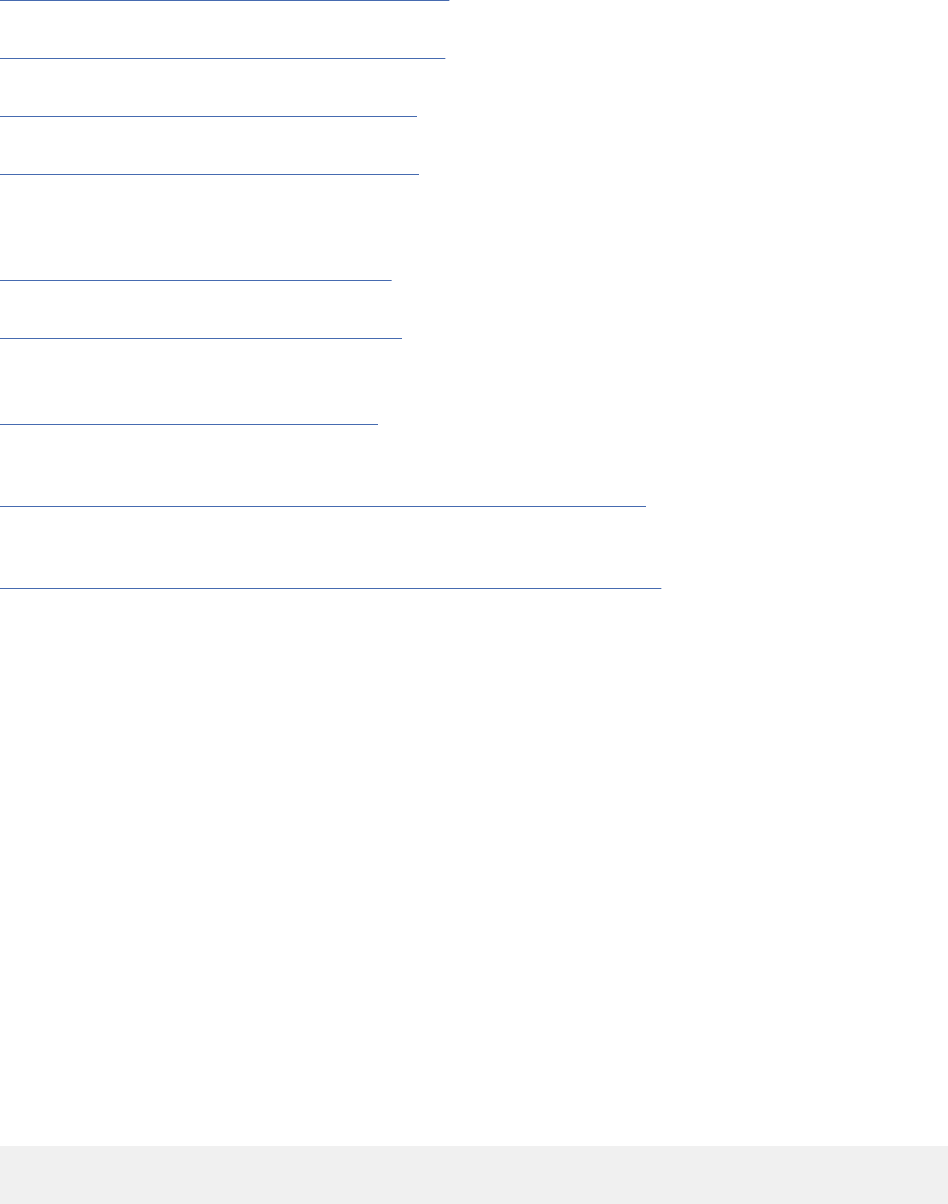
Programs that access Db2 can contain static SQL, dynamic SQL, or both.
Assembler applications that issue SQL statements
You can code SQL statements in assembler programs wherever you can use executable statements.
C and C++ applications that issue SQL statements
You can code SQL statements in a C or C++ program wherever you can use executable statements.
COBOL applications that issue SQL statements
You can code SQL statements in certain COBOL program sections.
Fortran applications that issue SQL statements
You can code SQL statements in a Fortran program wherever you can place executable statements. If
the SQL statement is within an IF statement, the precompiler generates any necessary THEN and END IF
statements.
PL/I applications that issue SQL statements
You can code SQL statements in a PL/I program wherever you can use executable statements.
REXX applications that issue SQL statements
You can code SQL statements in a REXX programs wherever you can use REXX commands.
Related tasks
Checking the execution of SQL statements
After executing an SQL statement, your program should check for any errors before you commit the data
and handle the errors that they represent.
Dynamically executing an SQL statement by using EXECUTE IMMEDIATE
In certain situations, you might want your program to prepare and dynamically execute a statement
immediately after reading it.
Dynamically executing an SQL statement by using PREPARE and EXECUTE
As an alternative to executing an SQL statement immediately after it is read, you can prepare and execute
the SQL statement in two steps. This two-step method is useful when you need to execute an SQL
statement multiple times with different values.
Including dynamic SQL for xed-list SELECT statements in your program
A xed-list SELECT statement returns rows that contain a known number of values of a known type. When
you use this type of statement, you know in advance exactly what kinds of host variables you need to
declare to store the results.
About this task
The term "xed-list" does not imply that you must know in advance how many rows of data will be
returned. However, you must know the number of columns and the data types of those columns. A
xed-list SELECT statement returns a result table that can contain any number of rows; your program
looks at those rows one at a time, using the FETCH statement. Each successive fetch returns the same
number of values as the last, and the values have the same data types each time. Therefore, you can
specify host variables as you do for static SQL.
An advantage of the xed-list SELECT is that you can write it in any of the programming languages that
Db2 supports. Varying-list dynamic SELECT statements require assembler, C, PL/I, and COBOL.
For example, suppose that your program retrieves last names and phone numbers by dynamically
executing SELECT statements of this form:
SELECT LASTNAME, PHONENO FROM DSN8C10.EMP
WHERE ... ;
The program reads the statements from a terminal, and the user determines the WHERE clause.
As with non-SELECT statements, your program puts the statements into a varying-length character
variable; call it DSTRING. Eventually you prepare a statement from DSTRING, but rst you must declare a
cursor for the statement and give it a name.
500
Db2 12 for z/OS: Application Programming and SQL Guide (Last updated: 2024-07-30)
Procedure
To execute a xed-list SELECT statement dynamically, your program must:
1. Include an SQLCA.
2. Load the input SQL statement into a data area.
The preceding two steps are exactly the same including dynamic SQL for non-SELECT statements in
your program.
3. Declare a cursor for the statement name.
Dynamic SELECT statements cannot use INTO. Therefore, you must use a cursor to put the results into
host variables.
For example, when you declare the cursor, use the statement name (call it STMT), and give the cursor
itself a name (for example, C1):
EXEC SQL DECLARE C1 CURSOR FOR STMT;
4. Prepare the statement.
Prepare a statement (STMT) from DSTRING. This is one possible PREPARE statement:
EXEC SQL PREPARE STMT FROM :DSTRING ATTRIBUTES :ATTRVAR;
ATTRVAR contains attributes that you want to add to the SELECT statement, such as FETCH FIRST
10 ROWS ONLY or OPTIMIZE for 1 ROW. In general, if the SELECT statement has attributes that
conflict with the attributes in the PREPARE statement, the attributes on the SELECT statement take
precedence over the attributes on the PREPARE statement. However, in this example, the SELECT
statement in DSTRING has no attributes specied, so Db2 uses the attributes in ATTRVAR for the
SELECT statement.
As with non-SELECT statements, the xed-list SELECT could contain parameter markers. However, this
example does not need them.
5. Open the cursor.
The OPEN statement evaluates the SELECT statement named STMT.
For example, without parameter markers, use this statement:
EXEC SQL OPEN C1;
If STMT contains parameter markers, you must use the USING clause of OPEN to provide values for
all of the parameter markers in STMT. If four parameter markers are in STMT, you need the following
statement:
EXEC SQL OPEN C1 USING :PARM1, :PARM2, :PARM3, :PARM4;
6. Fetch rows from the result table.
For example, your program could repeatedly execute a statement such as this:
EXEC SQL FETCH C1 INTO :NAME, :PHONE;
The key feature of this statement is the use of a list of host variables to receive the values returned by
FETCH. The list has a known number of items (in this case, two items, :NAME and :PHONE) of known
data types (both are character strings, of lengths 15 and 4, respectively).
You can use this list in the FETCH statement only because you planned the program to use only
xed-list SELECTs. Every row that cursor C1 points to must contain exactly two character values of
appropriate length. If the program is to handle anything else, it must use the techniques for including
dynamic SQL for varying-list SELECT statements in your program.
7. Close the cursor.
This step is the same as for static SQL.
A WHENEVER NOT FOUND statement in your program can name a routine that contains this
statement:
Chapter 4. Embedded SQL programming
501
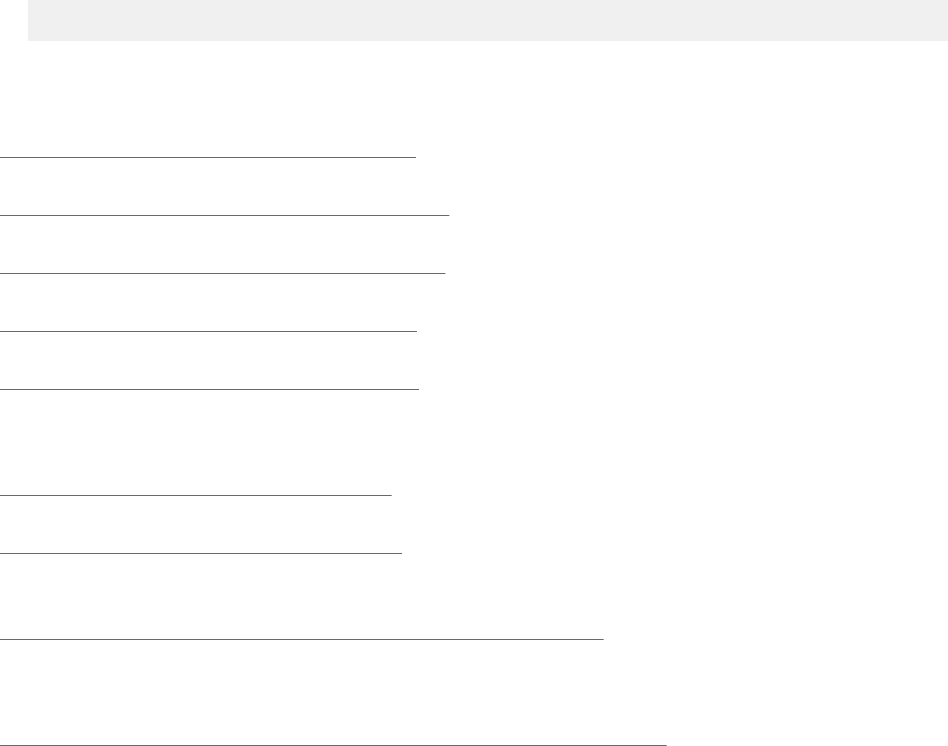
EXEC SQL CLOSE C1;
8. Handle any resulting errors. This step is the same as for static SQL, except for the number and types of
errors that can result.
Related concepts
Sample dynamic and static SQL in a C program
Programs that access Db2 can contain static SQL, dynamic SQL, or both.
Assembler applications that issue SQL statements
You can code SQL statements in assembler programs wherever you can use executable statements.
C and C++ applications that issue SQL statements
You can code SQL statements in a C or C++ program wherever you can use executable statements.
COBOL applications that issue SQL statements
You can code SQL statements in certain COBOL program sections.
Fortran applications that issue SQL statements
You can code SQL statements in a Fortran program wherever you can place executable statements. If
the SQL statement is within an IF statement, the precompiler generates any necessary THEN and END IF
statements.
PL/I applications that issue SQL statements
You can code SQL statements in a PL/I program wherever you can use executable statements.
REXX applications that issue SQL statements
You can code SQL statements in a REXX programs wherever you can use REXX commands.
Related tasks
Including dynamic SQL for non-SELECT statements in your program
The easiest way to use dynamic SQL is to use non-SELECT statements. Because you do not need to
dynamically allocate any main storage, you can write your program in any host language, including
Fortran.
Including dynamic SQL for varying-list SELECT statements in your program
A varying-list SELECT statement returns rows that contain an unknown number of values of unknown
type. When you use this type of statement, you do not know in advance exactly what kinds of host
variables you need to declare for storing the results.
Including dynamic SQL for varying-list SELECT statements in your program
A varying-list SELECT statement returns rows that contain an unknown number of values of unknown
type. When you use this type of statement, you do not know in advance exactly what kinds of host
variables you need to declare for storing the results.
About this task
Because the varying-list SELECT statement requires pointer variables for the SQL descriptor area, you
cannot issue it from a Fortran program. A Fortran program can call a subroutine written in a language
that supports pointer variables (such as PL/I or assembler), if you need to use a varying-list SELECT
statement.
Procedure
To execute a varying-list SELECT statement dynamically, your program must follow these steps:
1. Include an SQLCA.
Db2 performs this step for a REXX program.
2. Load the input SQL statement into a data area.
3. Prepare and execute the statement. This step is more complex than for xed-list SELECTs.
It involves the following steps:
502
Db2 12 for z/OS: Application Programming and SQL Guide (Last updated: 2024-07-30)

a) Include an SQLDA (SQL descriptor area).
Db2 performs this step for a REXX program.
b) Declare a cursor and prepare the variable statement.
c) Obtain information about the data type of each column of the result table.
d) Determine the main storage needed to hold a row of retrieved data.
You do not perform this step for a REXX program.
e) Put storage addresses in the SQLDA to tell where to put each item of retrieved data.
f) Open the cursor.
g) Fetch a row.
h) Eventually close the cursor and free main storage.
Additional complications exist for statements with parameter markers.
4. Handle any errors that might result.
Examples
Preparing a varying-list SELECT statement
Suppose that your program dynamically executes SQL statements, but this time without any limits on
their form. Your program reads the statements from a terminal, and you know nothing about them in
advance. They might not even be SELECT statements.
As with non-SELECT statements, your program puts the statements into a varying-length character
variable; call it DSTRING. Your program goes on to prepare a statement from the variable and then
give the statement a name; call it STMT.
Now, the program must nd out whether the statement is a SELECT. If it is, the program must also nd
out how many values are in each row, and what their data types are. The information comes from an
SQL descriptor area (SQLDA).
SQL descriptor area (SQLDA)
The SQLDA is a structure that is used to communicate with your program, and storage for it is usually
allocated dynamically at run time.
To include the SQLDA in a PL/I or C program, use:
EXEC SQL INCLUDE SQLDA;
For assembler, use this in the storage denition area of a CSECT:
EXEC SQL INCLUDE SQLDA
For COBOL, use:
EXEC SQL INCLUDE SQLDA END-EXEC.
You cannot include an SQLDA in a Fortran, or REXX program.
Obtaining information about the SQL statement
An SQLDA can contain a variable number of occurrences of SQLVAR, each of which is a set of ve
elds that describe one column in the result table of a SELECT statement.
The number of occurrences of SQLVAR depends on the following factors:
• The number of columns in the result table you want to describe.
• Whether you want the PREPARE or DESCRIBE to put both column names and labels in your SQLDA.
This is the option USING BOTH in the PREPARE or DESCRIBE statement.
• Whether any columns in the result table are LOB types or distinct types.
Chapter 4. Embedded SQL programming
503
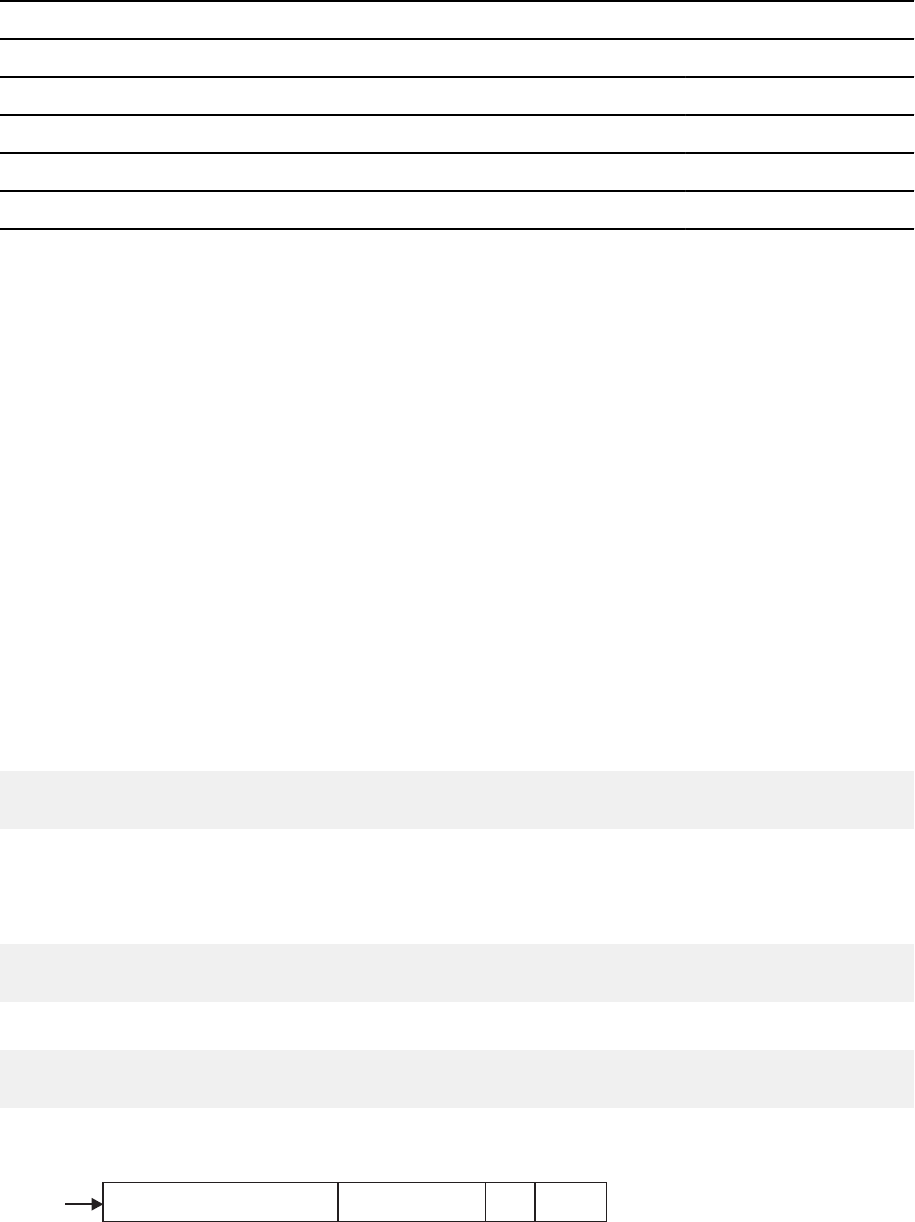
The following table shows the minimum number of SQLVAR instances you need for a result table that
contains n columns.
Table 85. Minimum number of SQLVARs for a result table with n columns
Type of DESCRIBE and contents of result table Not USING BOTH USING BOTH
No distinct types or LOBs n 2*n
Distinct types but no LOBs 2*n 3*n
LOBs but no distinct types 2*n 2*n
LOBs and distinct types 2*n 3*n
An SQLDA with n occurrences of SQLVAR is referred to as a single SQLDA, an SQLDA with 2*n
occurrences of SQLVAR a double SQLDA, an SQLDA with 3*n occurrences of SQLVAR a triple SQLDA.
A program that admits SQL statements of every kind for dynamic execution has two choices:
• Provide the largest SQLDA that it could ever need. The maximum number of columns in a result
table is 750, so an SQLDA for 750 columns occupies 33 016 bytes for a single SQLDA, 66 016 bytes
for a double SQLDA, or 99 016 bytes for a triple SQLDA. Most SELECT statements do not retrieve
750 columns, so the program does not usually use most of that space.
• Provide a smaller SQLDA, with fewer occurrences of SQLVAR. From this the program can nd out
whether the statement was a SELECT and, if it was, how many columns are in its result table.
If more columns are in the result than the SQLDA can hold, Db2 returns no descriptions. When
this happens, the program must acquire storage for a second SQLDA that is long enough to hold
the column descriptions, and ask Db2 for the descriptions again. Although this technique is more
complicated to program than the rst, it is more general.
How many columns should you allow? You must choose a number that is large enough for most of
your SELECT statements, but not too wasteful of space; 40 is a good compromise. To illustrate what
you must do for statements that return more columns than allowed, the example in this discussion
uses an SQLDA that is allocated for at least 100 columns.
Declaring a cursor for the statement
As before, you need a cursor for the dynamic SELECT. For example, write:
EXEC SQL
DECLARE C1 CURSOR FOR STMT;
Preparing the statement using the minimum SQLDA
Suppose that your program declares an SQLDA structure with the name MINSQLDA, having 100
occurrences of SQLVAR and SQLN set to 100. To prepare a statement from the character string in
DSTRING and also enter its description into MINSQLDA, write this:
EXEC SQL PREPARE STMT FROM :DSTRING;
EXEC SQL DESCRIBE STMT INTO :MINSQLDA;
Equivalently, you can use the INTO clause in the PREPARE statement:
EXEC SQL
PREPARE STMT INTO :MINSQLDA FROM :DSTRING;
Do not use the USING clause in either of these examples. At the moment, only the minimum SQLDA is
in use. The following gure shows the contents of the minimum SQLDA in use.
Header SQLDAID SQLDABC
100 SQLD
Figure 32. The minimum SQLDA structure
504
Db2 12 for z/OS: Application Programming and SQL Guide (Last updated: 2024-07-30)

SQLN determines what SQLVAR gets
The SQLN eld, which you must set before using DESCRIBE (or PREPARE INTO), tells how many
occurrences of SQLVAR the SQLDA is allocated for. If DESCRIBE needs more than that, the results of
the DESCRIBE depend on the contents of the result table. Let n indicate the number of columns in the
result table. Then:
• If the result table contains at least one distinct type column but no LOB columns, you do not specify
USING BOTH, and n<=SQLN<2*n, then Db2 returns base SQLVAR information in the rst n SQLVAR
occurrences, but no distinct type information. Base SQLVAR information includes:
– Data type code
– Length attribute (except for LOBs)
– Column name or label
– Host variable address
– Indicator variable address
• Otherwise, if SQLN is less than the minimum number of SQLVARs specied in the table above, then
Db2 returns no information in the SQLVARs.
Regardless of whether your SQLDA is big enough, whenever you execute DESCRIBE, Db2 returns the
following values, which you can use to build an SQLDA of the correct size:
• SQLD is 0 if the SQL statement is not a SELECT. Otherwise, SQLD is the number of columns in the
result table. The number of SQLVAR occurrences you need for the SELECT depends on the value in
the seventh byte of SQLDAID.
• The seventh byte of SQLDAID is 2 if each column in the result table requires two SQLVAR entries.
The seventh byte of SQLDAID is 3 if each column in the result table requires three SQLVAR entries.
If the statement is not a SELECT
To nd out if the statement is a SELECT, your program can query the SQLD eld in MINSQLDA. If the
eld contains 0, the statement is not a SELECT, the statement is already prepared, and your program
can execute it. If no parameter markers are in the statement, you can use:
EXEC SQL EXECUTE STMT;
(If the statement does contain parameter markers, you must use an SQL descriptor area)
Acquiring storage for a second SQLDA if needed
Now you can allocate storage for a second, full-size SQLDA; call it FULSQLDA. The following gure
shows its structure.
Chapter 4. Embedded SQL programming
505
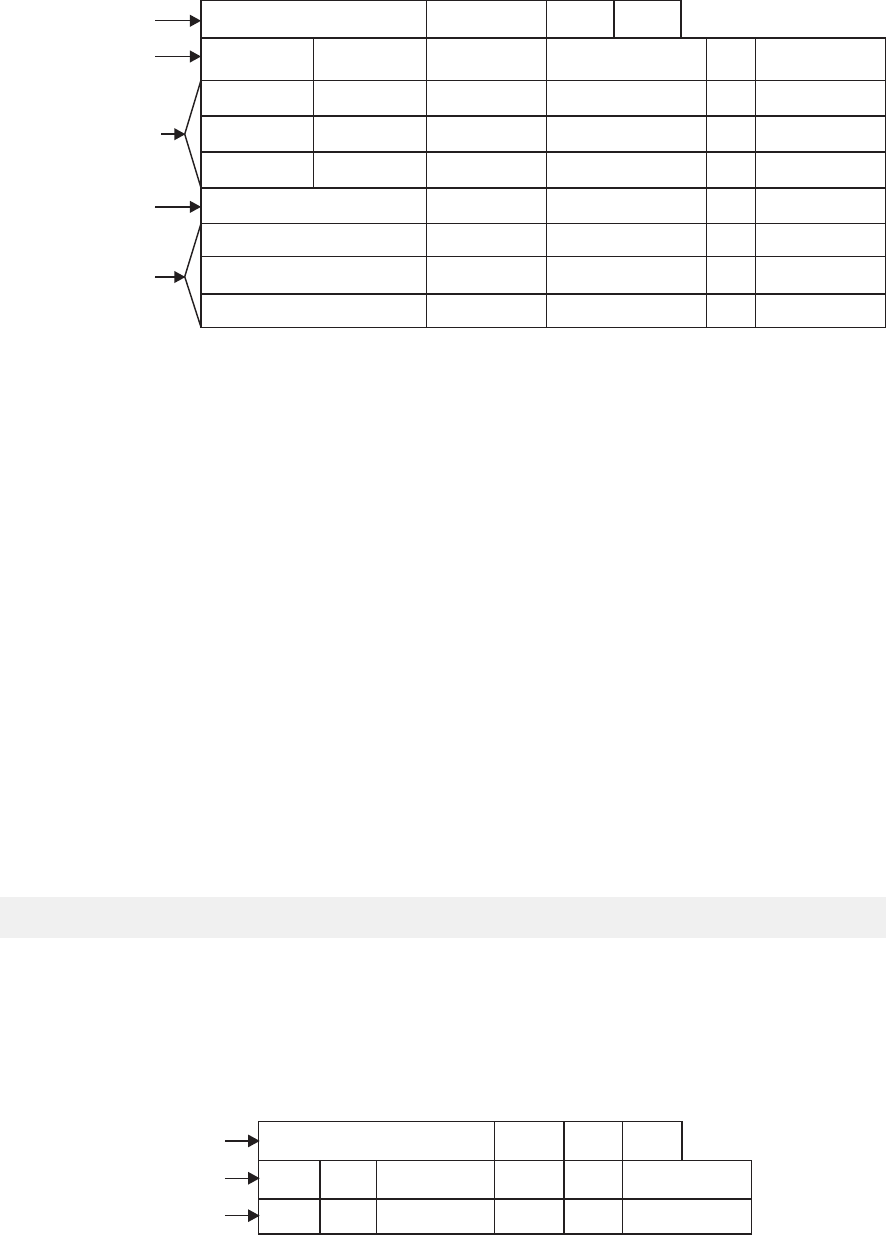
16-byte fixed header
SQLVAR set of fields
(element 1, 44 bytes)
Other SQLVAR sets of
fields(elements 2, 3,
and so on, 44 bytes
each)
SQLVAR2 set of fields
(element 1, 44 bytes)
Other SQLVAR2 sets of
fields (elements 2, 3,
and so on, 44 bytes
each)
SQLDAID
SQLDABC
SQLN SQLD
SQLTYPE SQLLEN SQLDATA SQLIND n* SQLNAME
SQLLONGL Reserved
SQLDATAL
m**
SQLTNAME
The length of the character string in SQLNAME.
SQLNAME is a 30-byte area immediately following
the length field.
*
** The length of the character string in SQLTNAME.
SQLTNAME is a 30-byte area immediately following
the length field.
Figure 33. The full-size SQLDA structure
FULSQLDA has a xed-length header of 16 bytes in length, followed by a varying-length section that
consists of structures with the SQLVAR format. If the result table contains LOB columns or distinct
type columns, a varying-length section that consists of structures with the SQLVAR2 format follows
the structures with SQLVAR format. All SQLVAR structures and SQLVAR2 structures are 44 bytes long.
The number of SQLVAR and SQLVAR2 elements you need is in the SQLD eld of MINSQLDA, and the
total length you need for FULSQLDA (16 + SQLD * 44) is in the SQLDABC eld of MINSQLDA. Allocate
that amount of storage.
Describing the SELECT statement again
After allocating sufcient space for FULSQLDA, your program must take these steps:
1. Put the total number of SQLVAR and SQLVAR2 occurrences in FULSQLDA into the SQLN eld of
FULSQLDA. This number appears in the SQLD eld of MINSQLDA.
2. Describe the statement again into the new SQLDA:
EXEC SQL DESCRIBE STMT INTO :FULSQLDA;
After the DESCRIBE statement executes, each occurrence of SQLVAR in the full-size SQLDA
(FULSQLDA in our example) contains a description of one column of the result table in ve elds. If
an SQLVAR occurrence describes a LOB column or distinct type column, the corresponding SQLVAR2
occurrence contains additional information specic to the LOB or distinct type.
The following gure shows an SQLDA that describes two columns that are not LOB columns or distinct
type columns.
SQLDA
8816
200
200
SQLDA header
SQLVAR element 1 (44 bytes)
SQLVAR element 2 (44 bytes)
452
453
3
4
Undefined
Undefined
0
0
8
7
WORKDEPT
PHONENO
Figure 34. Contents of FULSQLDA after executing DESCRIBE
Acquiring storage to hold a row
Before fetching rows of the result table, your program must:
1. Analyze each SQLVAR description to determine how much space you need for the column value.
506
Db2 12 for z/OS: Application Programming and SQL Guide (Last updated: 2024-07-30)
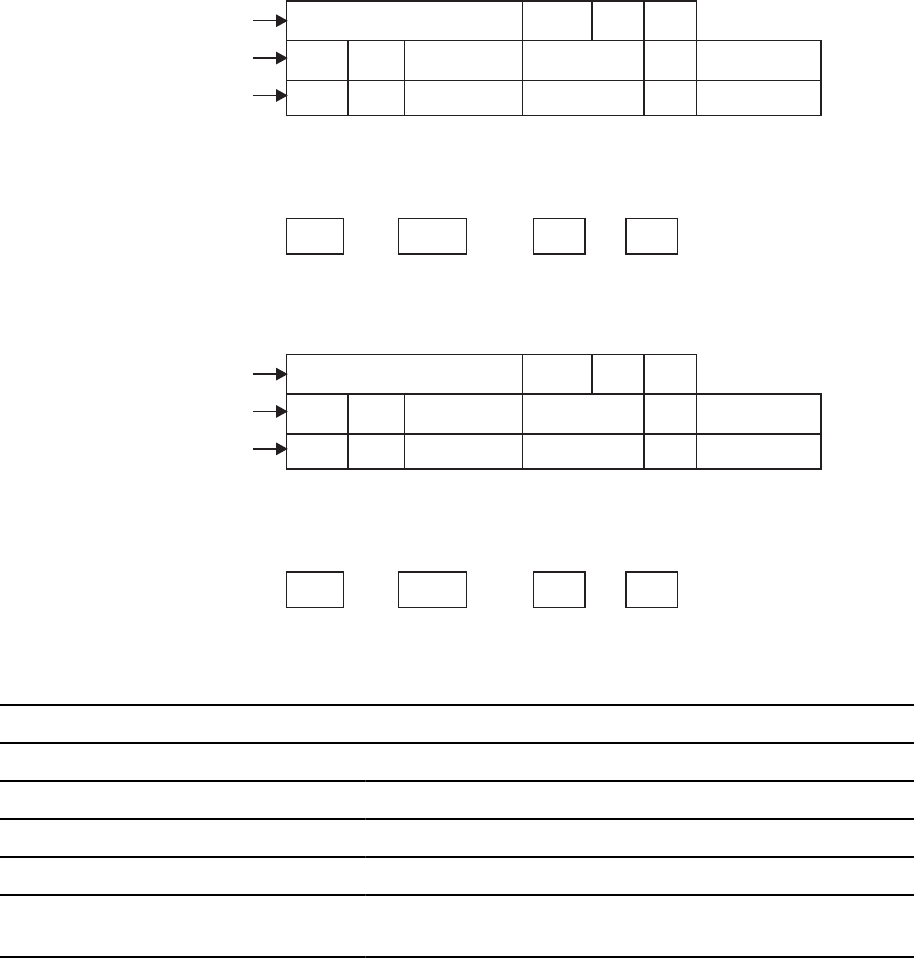
2. Derive the address of some storage area of the required size.
3. Put this address in the SQLDATA eld.
If the SQLTYPE eld indicates that the value can be null, the program must also put the address of
an indicator variable in the SQLIND eld. The following gures show the SQL descriptor area after you
take certain actions.
In the previous gure, the DESCRIBE statement inserted all the values except the rst occurrence
of the number 200. The program inserted the number 200 before it executed DESCRIBE to tell how
many occurrences of SQLVAR to allow. If the result table of the SELECT has more columns than this,
the SQLVAR elds describe nothing.
The rst SQLVAR pertains to the rst column of the result table (the WORKDEPT column). SQLVAR
element 1 contains xed-length character strings and does not allow null values (SQLTYPE=452); the
length attribute is 3.
The following gure shows the SQLDA after your program acquires storage for the column values and
their indicators, and puts the addresses in the SQLDATA elds of the SQLDA.
SQLDA
8816
200
200
SQLDA header
SQLVAR element 1 (44 bytes)
SQLVAR element 2 (44 bytes)
452
453
3
4
Addr FLDA
Addr FLDB
Addr FLDAI
Addr FLDBI
7
WORKDEPT
PHONENO
7
FLDA
CHAR(3)
FLDB
CHAR(4)
Indicator variables
(halfword)
FLDAI FLDBI
Figure 35. SQL descriptor area after analyzing descriptions and acquiring storage
The following gure shows the SQLDA after your program executes a FETCH statement.
SQLDA
8816
200
200
SQLDA header
SQLVAR element 1 (44 bytes)
SQLVAR element 2 (44 bytes)
452
453
3
4
Addr FLDA
Addr FLDB
Addr FLDAI
Addr FLDBI
7
WORKDEPT
PHONENO
8
FLDA
CHAR(3)
FLDB
CHAR(4)
Indicator variables
(halfword)
FLDAI FLDBI
E11
4502 0
0
Figure 36. SQL descriptor area after executing FETCH
The following table describes the values in the descriptor area.
Table 86. Values inserted in the SQLDA
Value Field Description
SQLDA SQLDAID An "eye-catcher"
8816 SQLDABC The size of the SQLDA in bytes (16 + 44 * 200)
200 SQLN The number of occurrences of SQLVAR, set by the program
200 SQLD The number of occurrences of SQLVAR actually used by the
DESCRIBE statement
Chapter 4. Embedded SQL programming507
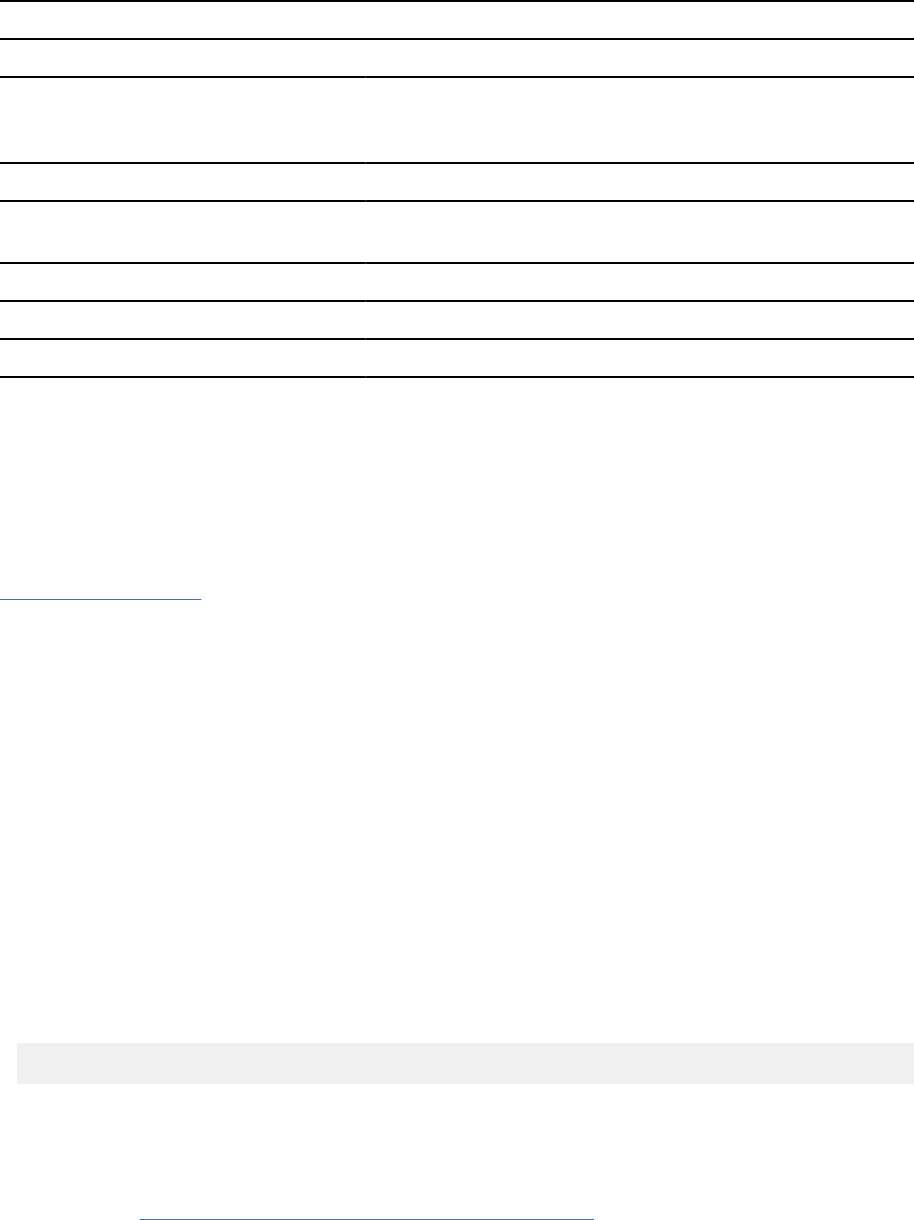
Table 86. Values inserted in the SQLDA (continued)
Value Field Description
452 SQLTYPE The value of SQLTYPE in the rst occurrence of SQLVAR.
It indicates that the rst column contains xed-length
character strings, and does not allow nulls.
3 SQLLEN The length attribute of the column
Undened or
CCSID value
SQLDATA Bytes 3 and 4 contain the CCSID of a string column.
Undened for other types of columns.
Undened SQLIND
8 SQLNAME The number of characters in the column name
WORKDEPT SQLNAME+2 The column name of the rst column
Putting storage addresses in the SQLDA
After analyzing the description of each column, your program must replace the content of each
SQLDATA eld with the address of a storage area large enough to hold values from that column.
Similarly, for every column that allows nulls, the program must replace the content of the SQLIND
eld. The content must be the address of a halfword that you can use as an indicator variable for the
column. The program can acquire storage for this purpose, of course, but the storage areas used do
not have to be contiguous.
Figure 35 on page 507
shows the content of the descriptor area before the program obtains any rows
of the result table. Addresses of elds and indicator variables are already in the SQLVAR.
Changing the CCSID for retrieved data
All Db2 string data has an encoding scheme and CCSID associated with it. When you select string data
from a table, the selected data generally has the same encoding scheme and CCSID as the table. If
the application uses some method, such as issuing the DECLARE VARIABLE statement, to change the
CCSID of the selected data, the data is converted from the CCSID of the table to the CCSID that is
specied by the application.
You can set the default application encoding scheme for a plan or package by specifying the value
in the APPLICATION ENCODING eld of the panel DEFAULTS FOR BIND PACKAGE or DEFAULTS FOR
BIND PLAN. The default application encoding scheme for the Db2 subsystem is the value that was
specied in the APPLICATION ENCODING eld of installation panel DSNTIPF.
If you want to retrieve the data in an encoding scheme and CCSID other than the default values, you
can use one of the following techniques:
• For dynamic SQL, set the CURRENT APPLICATION ENCODING SCHEME special register before you
execute the SELECT statements. For example, to set the CCSID and encoding scheme for retrieved
data to the default CCSID for Unicode, execute this SQL statement:
EXEC SQL SET CURRENT APPLICATION ENCODING SCHEME ='UNICODE';
The initial value of this special register is the application encoding scheme that is determined by the
BIND option.
• For static and dynamic SQL statements that use host variables and host-variable arrays, use the
DECLARE VARIABLE statement to associate CCSIDs with the host variables into which you retrieve
the data. See “Setting the CCSID for host variables” on page 480
for information about this
technique.
• For static and dynamic SQL statements that use a descriptor, set the CCSID for the retrieved data in
the SQLDA. The following text describes that technique.
To change the encoding scheme for SQL statements that use a descriptor, set up the SQLDA, and then
make these additional changes to the SQLDA:
508
Db2 12 for z/OS: Application Programming and SQL Guide (Last updated: 2024-07-30)

1. Put the character + in the sixth byte of eld SQLDAID.
2. For each SQLVAR entry:
a. Set the length eld of SQLNAME to 8.
b. Set the rst two bytes of the data eld of SQLNAME to X'0000'.
c. Set the third and fourth bytes of the data eld of SQLNAME to the CCSID, in hexadecimal, in
which you want the results to display, or to X'0000'. X'0000' indicates that Db2 should use the
default CCSID If you specify a nonzero CCSID, it must meet one of the following conditions:
• A row in catalog table SYSSTRINGS has a matching value for OUTCCSID.
• The Unicode conversion services support conversion to that CCSID. See Building and using
Dynamic Link Libraries (DLLs) (XL C/C++ Programming Guide) for information about the
conversions supported.
If you are modifying the CCSID to retrieve the contents of an ASCII, EBCDIC, or Unicode table
on a Db2 for z/OS system, and you previously executed a DESCRIBE statement on the SELECT
statement that you are using to retrieve the data, the SQLDATA elds in the SQLDA that you
used for the DESCRIBE contain the ASCII or Unicode CCSID for that table. To set the data
portion of the SQLNAME elds for the SELECT, move the contents of each SQLDATA eld in the
SQLDA from the DESCRIBE to each SQLNAME eld in the SQLDA for the SELECT. If you are
using the same SQLDA for the DESCRIBE and the SELECT, be sure to move the contents of the
SQLDATA eld to SQLNAME before you modify the SQLDATA eld for the SELECT.
For REXX, you set the CCSID in the stem.n.SQLUSECCSID eld instead of setting the SQLDAID and
SQLNAME elds.
For example, suppose that the table that contains WORKDEPT and PHONENO is dened with CCSID
ASCII. To retrieve data for columns WORKDEPT and PHONENO in ASCII CCSID 437 (X'01B5'), change
the SQLDA as shown in the following gure.
SQLDA
8816
200
200
SQLDA header
SQLVAR element 1 (44 bytes)
SQLVAR element 2 (44 bytes)
452
453
3
4
Addr FLDA
Addr FLDB
Addr FLDAI
Addr FLDBI
8
X 000001B500000000
X 000001B500000000
8
FLDA
CHAR(3)
FLDB
CHAR(4)
Indicator variables
(halfword)
FLDAI FLDBI
Figure 37. SQL descriptor area for retrieving data in ASCII CCSID 437
Specifying that DESCRIBE use column labels in the SQLNAME eld
By default, DESCRIBE describes each column in the SQLNAME eld by the column name. You can tell
it to use column labels instead.
Restriction: You cannot use column labels with set operators (UNION, INTERSECT, and EXCEPT).
To specify that DESCRIBE use column labels in the SQLNAME eld, specify one of the following
options when you issue the DESCRIBE statement:
USING LABELS
Species that SQLNAME is to contain labels. If a column has no label, SQLNAME contains nothing.
USING ANY
Species that SQLNAME is to contain labels wherever they exist. If a column has no label,
SQLNAME contains the column name.
USING BOTH
Species that SQLNAME is to contain both labels and column names, when both exist.
Chapter 4. Embedded SQL programming
509
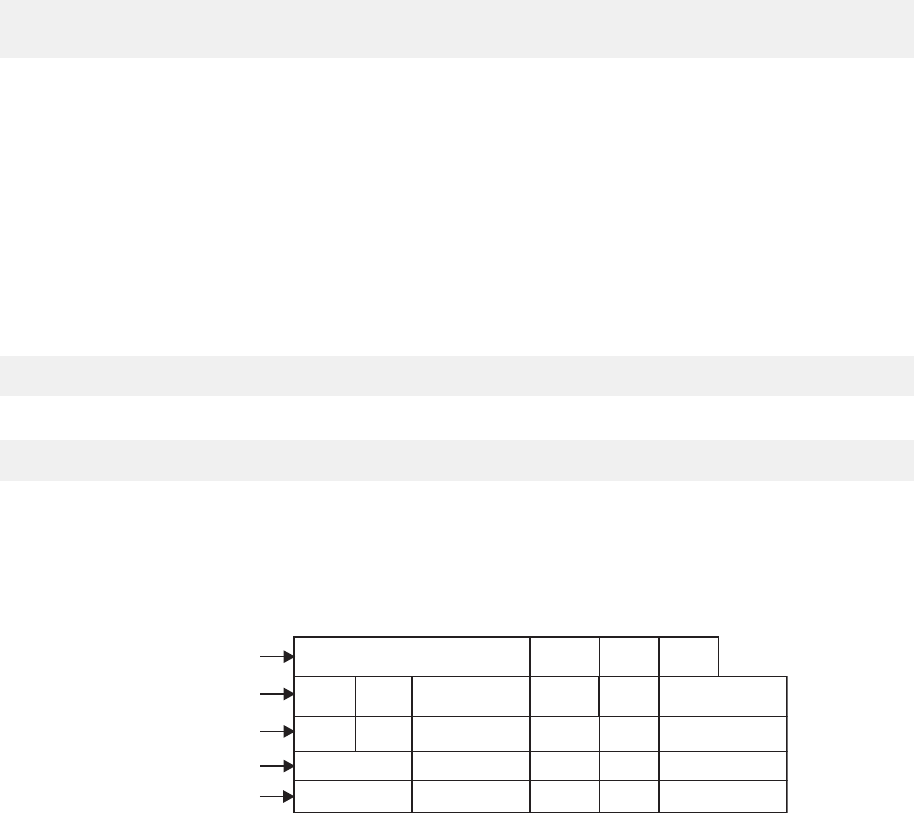
In this case, FULSQLDA must contain a second set of occurrences of SQLVAR. The rst set
contains descriptions of all the columns with column names; the second set contains descriptions
with column labels.
If you choose this option, perform the following actions:
• Allocate a longer SQLDA for the second DESCRIBE statement ((16 + SQLD * 88 bytes) instead of
(16 + SQLD * 44))
• Put double the number of columns (SLQD * 2) in the SQLN eld of the second SQLDA.
These actions ensure that enough space is available. Otherwise, if not enough space is available,
DESCRIBE does not enter descriptions of any of the columns.
EXEC SQL
DESCRIBE STMT INTO :FULSQLDA USING LABELS;
Some columns, such as those derived from functions or expressions, have neither name nor label;
SQLNAME contains nothing for those columns. For example, if you use a UNION to combine two
columns that do not have the same name and do not use a label, SQLNAME contains a string of length
zero.
Describing tables with LOB and distinct type columns
In general, the steps that you perform when you prepare an SQLDA to select rows from a table with
LOB and distinct type columns are similar to the steps that you perform if the table has no columns of
this type. The only difference is that you need to analyze some additional elds in the SQLDA for LOB
or distinct type columns.
For example, Suppose that you want to execute this SELECT statement:
SELECT USER, A_DOC FROM DOCUMENTS;
The USER column cannot contain nulls and is of distinct type ID, dened like this:
CREATE DISTINCT TYPE SCHEMA1.ID AS CHAR(20);
The A_DOC column can contain nulls and is of type CLOB(1M).
The result table for this statement has two columns, but you need four SQLVAR occurrences in your
SQLDA because the result table contains a LOB type and a distinct type. Suppose that you prepare
and describe this statement into FULSQLDA, which is large enough to hold four SQLVAR occurrences.
FULSQLDA looks like the following gure .
SQLDA 2
192
4 4
SQLDA header
SQLVAR element 1 (44 bytes)
SQLVAR element 2 (44 bytes)
452
409
20
0
Undefined
Undefined
0
0
5
USER
A_DOC
SQLVAR2 element 1 (44 bytes)
SQLVAR2 element 2 (44 bytes)
4
7
SCH1.ID
1 048 576
11 SYSIBM.CLOB
Figure 38. SQL descriptor area after describing a CLOB and distinct type
The next steps are the same as for result tables without LOBs or distinct types:
1. Analyze each SQLVAR description to determine the maximum amount of space you need for the
column value.
For a LOB type, retrieve the length from the SQLLONGL eld instead of the SQLLEN eld.
2. Derive the address of some storage area of the required size.
For a LOB data type, you also need a 4-byte storage area for the length of the LOB data. You can
allocate this 4-byte area at the beginning of the LOB data or in a different location.
3. Put this address in the SQLDATA eld.
510
Db2 12 for z/OS: Application Programming and SQL Guide (Last updated: 2024-07-30)
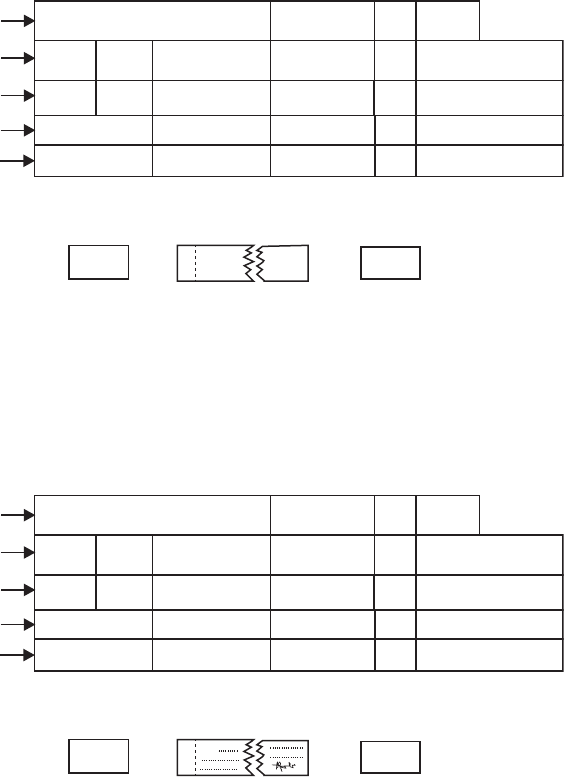
For a LOB data type, if you allocated a separate area to hold the length of the LOB data, put the
address of the length eld in SQLDATAL. If the length eld is at beginning of the LOB data area,
put 0 in SQLDATAL. When you use a le reference variable for a LOB column, the indicator variable
indicates whether the data in the le is null, not whether the data to which SQLDATA points is null.
4. If the SQLTYPE eld indicates that the value can be null, the program must also put the address of
an indicator variable in the SQLIND eld.
The following gure shows the contents of FULSQLDA after you enter pointers to the storage
locations.
SQLDA 2
192
4
4
SQLDA header
SQLVAR element 1 (44 bytes)
SQLVAR element 2 (44 bytes)
452
409
20
0
Addr FLDA
Addr FLDB
0
Addr FLDB
5
USER
A_DOC
SQLVAR2 element 1 (44 bytes)
SQLVAR2 element 2 (44 bytes)
4
7
SCH1.ID
1 048 576
11
SYSIBM.CLOB
Indicator variable
(halfword)
FLDBI
FLDB
CLOB(1M)
FLDA
CHAR(20)
4-byte
length
field
Figure 39. SQL descriptor area after analyzing CLOB and distinct type descriptions and acquiring
storage
The following gure shows the contents of FULSQLDA after you execute a FETCH statement.
SQLDA 2
192
4
4
SQLDA header
SQLVAR element 1 (44 bytes)
SQLVAR element 2 (44 bytes)
452
409
20
0
Addr FLDA
Addr FLDB
0
Addr FLDB
5
USER
A_DOC
SQLVAR2 element 1 (44 bytes)
SQLVAR2 element 2 (44 bytes)
4
7
SCH1.ID
1 048 576
11
SYSIBM.CLOB
Indicator variable
(halfword)
FLDBI
FLDB
CLOB(1M)
FLDA
CHAR(20)
4-byte length
field contains
actual length
of data
To:
0USR1
Figure 40. SQL descriptor area after executing FETCH on a table with CLOB and distinct type columns
Setting an XML host variable in an SQLDA
Instead of specifying host variables to store XML values from a table, you can create an SQLDA to
point to the data areas where Db2 puts the retrieved data. The SQLDA needs to describe the data type
for each data area.
To set an XML host variable in an SQLDA:
1. Allocate an appropriate SQLDA.
Chapter 4. Embedded SQL programming
511
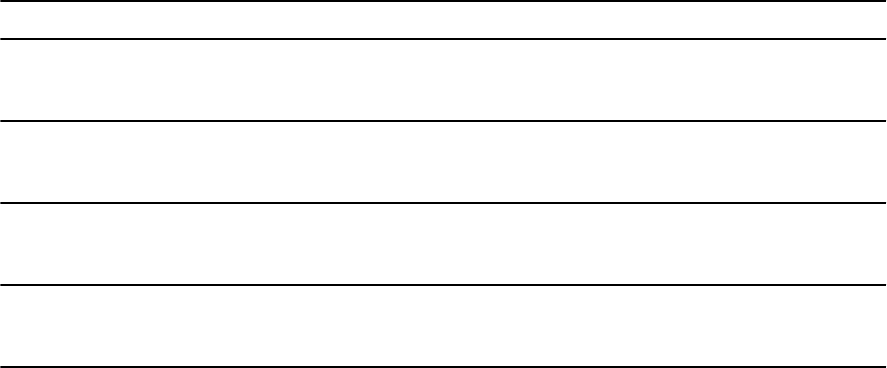
2. Issue a DESCRIBE statement for the SQL statement whose result set you want to store. The
DESCRIBE statement populates the SQLDA based on the column denitions. In the SQLDA,
an SQLVAR entry is populated for each column in the result set. (Multiple SQLVAR entries are
populated for LOB columns and columns with distinct types.) For columns of type XML the
associated SQLVAR entry is populated as follows:
Table 87. SQLVAR eld values for XML columns
SQLVAR eld Value for an XML column
sqltype
SQLTYPE
988 for a column that is not nullable
or 989 for a nullable column
sqllen
SQLLEN
0
sqldata
SQLDATA
0
sqlind
SQLIND
0
sqlname
SQLNAME
The unqualied name or label of the column
3. Check the SQLTYPE eld of each SQLVAR entry. If the SQLTYPE eld is 988 or 989, the column in
the result set is an XML column.
4. For each XML column, make the following changes to the associated SQLVAR entry:
a. Change the SQLTYPE eld to indicate the data type of the host variable to receive the XML data.
You can retrieve the XML data into a host variable of type XML AS BLOB, XML AS CLOB, or XML
AS DBCLOB, or a compatible string data type.
If the target host variable type is XML AS BLOB, XML AS CLOB, or XML AS DBCLOB, set the
SQLTYPE eld to one of the following values:
404
XML AS BLOB
405
nullable XML AS BLOB
408
XML AS CLOB
409
nullable XML AS CLOB
412
XML AS DBCLOB
413
nullable XML AS DBCLOB
If the target host variable type is a string data type, set the SQLTYPE eld to a valid string value.
Restriction: You cannot use the XML type (988/989) as a target host variable type.
b. If the target host variable type is XML AS BLOB, XML AS CLOB, or XML AS DBCLOB, change the
rst two bytes in the SQLNAME eld to X'0000' and the fth and sixth bytes to X'0100'. These
bytes indicate that the value to be received is an XML value.
5. Populate the extended SQLVAR elds for each XML column as you would for a LOB column, as
indicated in the following table.
512
Db2 12 for z/OS: Application Programming and SQL Guide (Last updated: 2024-07-30)

Table 88. Fields for an extended SQLVAR entry for an XML host variable
SQLVAR eld Value for an XML host variable
len.sqllonglen
SQLLONGL
SQLLONGLEN
length attribute for the XML host variable
* Reserved
sqldatalen
SQLDATAL
SQLDATALEN
pointer to the length of the XML host variable
sqldatatype_name
SQLTNAME
SQLDATATYPENAME
not used
You can now use the SQLDA to retrieve the XML data into a host variable of type XML AS BLOB, XML
AS CLOB, or XML AS DBCLOB, or a compatible string data type.
Executing a varying-list SELECT statement dynamically
You can easily retrieve rows of the result table using a varying-list SELECT statement. The statements
differ only a little from those for the xed-list example.
1. Open the cursor. If the SELECT statement contains no parameter marker, this step is simple
enough. For example:
EXEC SQL OPEN C1;
2. Fetch rows from the result table. This statement differs from the corresponding one for the case of
a xed-list select. Write:
EXEC SQL
FETCH C1 USING DESCRIPTOR :FULSQLDA;
The key feature of this statement is the clause USING DESCRIPTOR :FULSQLDA. That clause
names an SQL descriptor area in which the occurrences of SQLVAR point to other areas. Those
other areas receive the values that FETCH returns. It is possible to use that clause only because
you previously set up FULSQLDA to look like Figure 34 on page 506
.
Figure 36 on page 507 shows the result of the FETCH. The data areas identied in the SQLVAR
elds receive the values from a single row of the result table.
Successive executions of the same FETCH statement put values from successive rows of the result
table into these same areas.
3. Close the cursor. This step is the same as for the xed-list case. When no more rows need to be
processed, execute the following statement:
EXEC SQL CLOSE C1;
When COMMIT ends the unit of work containing OPEN, the statement in STMT reverts to the
unprepared state. Unless you dened the cursor using the WITH HOLD option, you must prepare
the statement again before you can reopen the cursor.
Executing arbitrary statements with parameter markers
Consider, as an example, a program that executes dynamic SQL statements of several kinds, including
varying-list SELECT statements, any of which might contain a variable number of parameter markers.
This program might present your users with lists of choices: choices of operation (update, select,
delete); choices of table names; choices of columns to select or update. The program also enables the
Chapter 4. Embedded SQL programming
513

users to enter lists of employee numbers to apply to the chosen operation. From this, the program
constructs SQL statements of several forms, one of which looks like this:
SELECT .... FROM DSN8C10.EMP
WHERE EMPNO IN (?,?,?,...?);
The program then executes these statements dynamically.
When the number and types of parameters are known
In the preceding example, you do not know in advance the number of parameter markers, and
perhaps the kinds of parameter they represent. You can use techniques described previously if
you know the number and types of parameters, as in the following examples:
• If the SQL statement is not SELECT, name a list of host variables in the EXECUTE statement:
WRONG: EXEC SQL EXECUTE STMT;
RIGHT: EXEC SQL EXECUTE STMT USING :VAR1, :VAR2, :VAR3;
• If the SQL statement is SELECT, name a list of host variables in the OPEN statement:
WRONG: EXEC SQL OPEN C1;
RIGHT: EXEC SQL OPEN C1 USING :VAR1, :VAR2, :VAR3;
In both cases, the number and types of host variables named must agree with the number of
parameter markers in STMT and the types of parameter they represent. The rst variable (VAR1 in
the examples) must have the type expected for the rst parameter marker in the statement, the
second variable must have the type expected for the second marker, and so on. There must be at
least as many variables as parameter markers.
When the number and types of parameters are not known
When you do not know the number and types of parameters, you can adapt the SQL descriptor
area. Your program can include an unlimited number of SQLDAs, and you can use them for
different purposes. Suppose that an SQLDA, arbitrarily named DPARM, describes a set of
parameters.
The structure of DPARM is the same as that of any other SQLDA. The number of occurrences of
SQLVAR can vary, as in previous examples. In this case, every parameter marker must have one
SQLVAR. Each occurrence of SQLVAR describes one host variable that replaces one parameter
marker at run time. Db2 replaces the parameter markers when a non-SELECT statement executes
or when a cursor is opened for a SELECT statement.
You must enter certain elds in DPARM before using EXECUTE or OPEN; you can ignore the other
elds.
Field
Use when describing host variables for parameter markers
SQLDAID
The seventh byte indicates whether more than one SQLVAR entry is used for each parameter
marker. If this byte is not blank, at least one parameter marker represents a distinct type or
LOB value, so the SQLDA has more than one set of SQLVAR entries.
You do not set this eld for a REXX SQLDA.
SQLDABC
The length of the SQLDA, which is equal to SQLN * 44 + 16. You do not set this eld for a REXX
SQLDA.
SQLN
The number of occurrences of SQLVAR allocated for DPARM. You do not set this eld for a
REXX SQLDA.
514
Db2 12 for z/OS: Application Programming and SQL Guide (Last updated: 2024-07-30)

SQLD
The number of occurrences of SQLVAR actually used. This number must not be less than the
number of parameter markers. In each occurrence of SQLVAR, put information in the following
elds: SQLTYPE, SQLLEN, SQLDATA, SQLIND.
SQLTYPE
The code for the type of variable, and whether it allows nulls.
SQLLEN
The length of the host variable.
SQLDATA
The address of the host variable.
For REXX, this eld contains the value of the host variable.
SQLIND
The address of an indicator variable, if needed.
For REXX, this eld contains a negative number if the value in SQLDATA is null.
SQLNAME
Ignore.
Using the SQLDA with EXECUTE or OPEN
To indicate that the SQLDA called DPARM describes the host variables substituted for the parameter
markers at run time, use a USING DESCRIPTOR clause with EXECUTE or OPEN.
• For a non-SELECT statement, write:
EXEC SQL EXECUTE STMT USING DESCRIPTOR :DPARM;
• For a SELECT statement, write:
EXEC SQL OPEN C1 USING DESCRIPTOR :DPARM;
How bind options REOPT(ALWAYS), REOPT(AUTO) and REOPT(ONCE) affect dynamic SQL
When you specify the bind option REOPT(ALWAYS), Db2 reoptimizes the access path at run time
for SQL statements that contain host variables, parameter markers, or special registers. The option
REOPT(ALWAYS) has the following effects on dynamic SQL statements:
• When you specify the option REOPT(ALWAYS), Db2 automatically uses DEFER(PREPARE), which
means that Db2 waits to prepare a statement until it encounters an OPEN or EXECUTE statement.
• When you execute a DESCRIBE statement and then an EXECUTE statement on a non-SELECT
statement, Db2 prepares the statement twice: Once for the DESCRIBE statement and once for
the EXECUTE statement. Db2 uses the values in the input variables only during the second
PREPARE. These multiple PREPAREs can cause performance to degrade if your program contains
many dynamic non-SELECT statements. To improve performance, consider putting the code that
contains those statements in a separate package and then binding that package with the option
REOPT(NONE).
• If you execute a DESCRIBE statement before you open a cursor for that statement, Db2 prepares
the statement twice. If, however, you execute a DESCRIBE statement after you open the cursor,
Db2 prepares the statement only once. To improve the performance of a program bound with the
option REOPT(ALWAYS), execute the DESCRIBE statement after you open the cursor. To prevent an
automatic DESCRIBE before a cursor is opened, do not use a PREPARE statement with the INTO
clause.
• If you use predictive governing for applications bound with REOPT(ALWAYS), Db2 does not return
a warning SQLCODE when dynamic SQL statements exceed the predictive governing warning
threshold. Db2 does return an error SQLCODE when dynamic SQL statements exceed the predictive
governing error threshold. Db2 returns the error SQLCODE for an EXECUTE or OPEN statement.
When you specify the bind option REOPT(AUTO), Db2 optimizes the access path for SQL statements
at the rst EXECUTE or OPEN. Each time a statement is executed, Db2 determines if a new access
Chapter 4. Embedded SQL programming
515
path is needed to improve the performance of the statement. If a new access path will improve the
performance, Db2 generates one. The option REOPT(AUTO) has the following effects on dynamic SQL
statements:
• When you specify the bind option REOPT(AUTO), Db2 optimizes the access path for SQL statements
at the rst EXECUTE or OPEN. Each time a statement is executed, Db2 determines if a new access
path is needed to improve the performance of the statement. If a new access path will improve the
performance, Db2 generates one.
• When you specify the option REOPT(ONCE), Db2 automatically uses DEFER(PREPARE), which
means that Db2 waits to prepare a statement until it encounters an OPEN or EXECUTE statement.
• When Db2 prepares a statement using REOPT(AUTO), it saves the access path in the dynamic
statement cache. This access path is used each time the statement is run, until Db2 determines that
a new access path is needed to improve the performance or the statement that is in the cache is
invalidated (or removed from the cache) and needs to be rebound.
• The DESCRIBE statement has the following effects on dynamic statements that are bound with
REOPT(AUTO):
– When you execute a DESCRIBE statement before an EXECUTE statement on a non-SELECT
statement, Db2 prepares the statement an extra time if it is not already saved in the cache:
Once for the DESCRIBE statement and once for the EXECUTE statement. Db2 uses the values
of the input variables only during the second time the statement is prepared. It then saves the
statement in the cache. If you execute a DESCRIBE statement before an EXECUTE statement on
a non-SELECT statement that has already been saved in the cache, Db2 will always prepare the
non-SELECT statement for the DESCRIBE statement, and will prepare the statement again on
EXECUTE only if Db2 determines that a new access path different from the one already saved in
the cache can improve the performance.
– If you execute DESCRIBE on a statement before you open a cursor for that statement, Db2 always
prepares the statement on DESCRIBE. However, Db2 will not prepare the statement again on
OPEN if the statement has already been saved in the cache and Db2 does not think that a new
access path is needed at OPEN time. If you execute DESCRIBE on a statement after you open a
cursor for that statement, Db2 prepared the statement only once if it is not already saved in the
cache. If the statement is already saved in the cache and you execute DESCRIBE after you open
a cursor for that statement, Db2 does not prepare the statement, it used the statement that is
saved in the cache.
• If you use predictive governing for applications that are bound with REOPT(AUTO), Db2 does not
return a warning SQLCODE when dynamic SQL statements exceed the predictive governing warning
threshold. Db2 does return an error SQLCODE when dynamic SQL statements exceed the predictive
governing error threshold. Db2 returns the error SQLCODE for an EXECUTE or OPEN statement.
When you specify the bind option REOPT(ONCE), Db2 optimizes the access path only once, at the
rst EXECUTE or OPEN, for SQL statements that contain host variables, parameter markers, or special
registers. The option REOPT(ONCE) has the following effects on dynamic SQL statements:
• When you specify the option REOPT(ONCE), Db2 automatically uses DEFER(PREPARE), which
means that Db2 waits to prepare a statement until it encounters an OPEN or EXECUTE statement.
• When Db2 prepares a statement using REOPT(ONCE), it saves the access path in the dynamic
statement cache. This access path is used each time the statement is run, until the statement that is
in the cache is invalidated (or removed from the cache) and needs to be rebound.
• The DESCRIBE statement has the following effects on dynamic statements that are bound with
REOPT(ONCE):
– When you execute a DESCRIBE statement before an EXECUTE statement on a non-SELECT
statement, Db2 prepares the statement twice if it is not already saved in the cache: Once for
the DESCRIBE statement and once for the EXECUTE statement. Db2 uses the values of the input
variables only during the second time the statement is prepared. It then saves the statement in
the cache. If you execute a DESCRIBE statement before an EXECUTE statement on a non-SELECT
statement that has already been saved in the cache, Db2 prepares the non-SELECT statement
only for the DESCRIBE statement.
516
Db2 12 for z/OS: Application Programming and SQL Guide (Last updated: 2024-07-30)
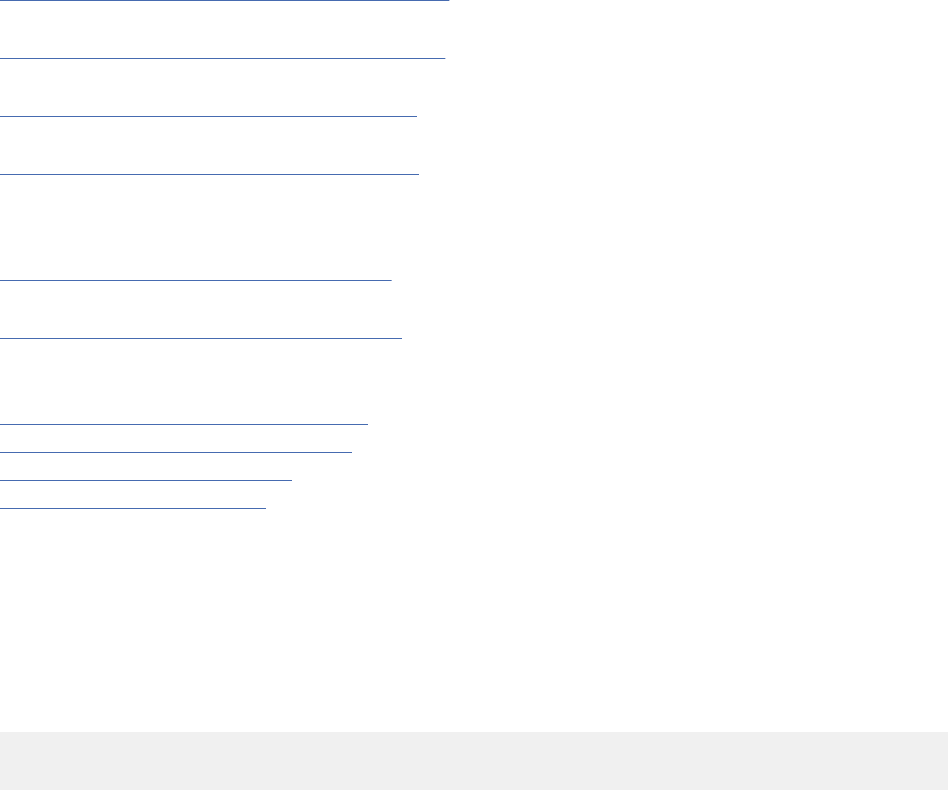
– If you execute DESCRIBE on a statement before you open a cursor for that statement, Db2
always prepares the statement on DESCRIBE. However, Db2 will not prepare the statement again
on OPEN if the statement has already been saved in the cache. If you execute DESCRIBE on a
statement after you open a cursor for that statement, Db2 prepared the statement only once if it
is not already saved in the cache. If the statement is already saved in the cache and you execute
DESCRIBE after you open a cursor for that statement, Db2 does not prepare the statement, it
used the statement that is saved in the cache.
To improve the performance of a program that is bound with REOPT(ONCE), execute the DESCRIBE
statement after you open a cursor. To prevent an automatic DESCRIBE before a cursor is opened, do
not use a PREPARE statement with the INTO clause.
• If you use predictive governing for applications that are bound with REOPT(ONCE), Db2 does not
return a warning SQLCODE when dynamic SQL statements exceed the predictive governing warning
threshold. Db2 does return an error SQLCODE when dynamic SQL statements exceed the predictive
governing error threshold. Db2 returns the error SQLCODE for an EXECUTE or OPEN statement.
Related concepts
Assembler applications that issue SQL statements
You can code SQL statements in assembler programs wherever you can use executable statements.
C and C++ applications that issue SQL statements
You can code SQL statements in a C or C++ program wherever you can use executable statements.
COBOL applications that issue SQL statements
You can code SQL statements in certain COBOL program sections.
Fortran applications that issue SQL statements
You can code SQL statements in a Fortran program wherever you can place executable statements. If
the SQL statement is within an IF statement, the precompiler generates any necessary THEN and END IF
statements.
PL/I applications that issue SQL statements
You can code SQL statements in a PL/I program wherever you can use executable statements.
REXX applications that issue SQL statements
You can code SQL statements in a REXX programs wherever you can use REXX commands.
Related reference
DESCRIBE OUTPUT statement (Db2 SQL)
SQL descriptor area (SQLDA) (Db2 SQL)
SQLTYPE and SQLLEN (Db2 SQL)
The SQLDA Header (Db2 SQL)
Dynamically executing an SQL statement by using EXECUTE IMMEDIATE
In certain situations, you might want your program to prepare and dynamically execute a statement
immediately after reading it.
About this task
Suppose that you design a program to read SQL DELETE statements, similar to these, from a terminal:
DELETE FROM DSN8C10.EMP WHERE EMPNO = '000190'
DELETE FROM DSN8C10.EMP WHERE EMPNO = '000220'
After reading a statement, the program is to run it immediately.
Recall that you must prepare (precompile and bind) static SQL statements before you can use them. You
cannot prepare dynamic SQL statements in advance. The SQL statement EXECUTE IMMEDIATE causes an
SQL statement to prepare and execute, dynamically, at run time.
Chapter 4. Embedded SQL programming
517
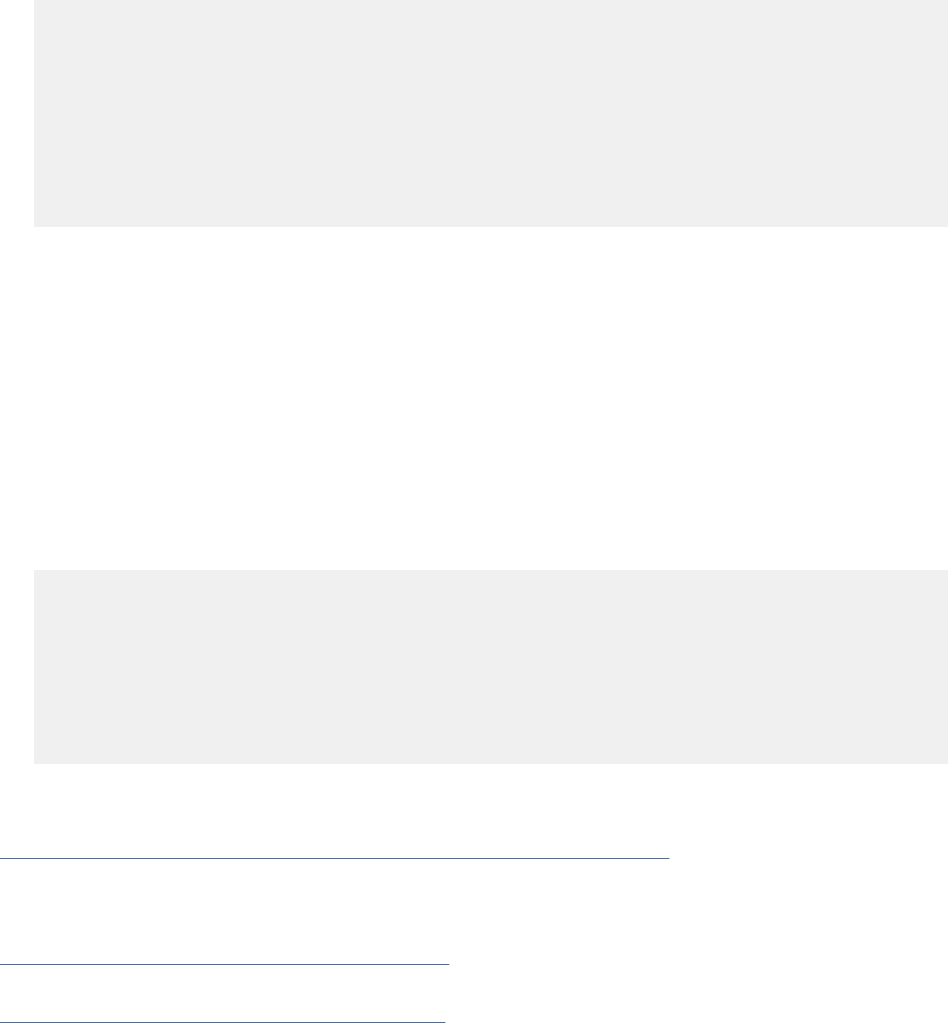
Before you prepare and execute an SQL statement, you can read it into a host variable. If the maximum
length of the SQL statement is 32 KB, declare the host variable as a character or graphic host variable
according to the following rules for the host languages:
• In assembler, PL/I, COBOL and C, you must declare a string host variable as a varying-length string.
• In Fortran, it must be a xed-length string variable.
If the length is greater than 32 KB, you must declare the host variable as a CLOB or DBCLOB, and the
maximum is 2 MB.
Examples
Example: Using a varying-length character host variable
This excerpt is from a C program that reads a DELETE statement into the host variable dstring and
executes the statement:
EXEC SQL BEGIN DECLARE SECTION;
...
struct VARCHAR {
short len;
char s[40];
} dstring;
EXEC SQL END DECLARE SECTION;
...
/* Read a DELETE statement into the host variable dstring. */
gets(dstring);
EXEC SQL EXECUTE IMMEDIATE :dstring;
...
EXECUTE IMMEDIATE causes the DELETE statement to be prepared and executed immediately.
Declaring a CLOB or DBCLOB host variable
You declare CLOB and DBCLOB host variables according to certain rules.
The precompiler generates a structure that contains two elements, a 4-byte length eld and a data
eld of the specied length. The names of these elds vary depending on the host language:
• In PL/I, assembler, and Fortran, the names are variable_LENGTH and variable_DATA.
• In COBOL, the names are variable–LENGTH and variable–DATA.
• In C, the names are variable.LENGTH and variable.DATA.
Example: Using a CLOB host variable
This excerpt is from a C program that copies an UPDATE statement into the host variable string1 and
executes the statement:
EXEC SQL BEGIN DECLARE SECTION;
...
SQL TYPE IS CLOB(4k) string1;
EXEC SQL END DECLARE SECTION;
...
/* Copy a statement into the host variable string1. */
strcpy(string1.data, "UPDATE DSN8610.EMP SET SALARY = SALARY * 1.1");
string1.length = 44;
EXEC SQL EXECUTE IMMEDIATE :string1;
...
EXECUTE IMMEDIATE causes the UPDATE statement to be prepared and executed immediately.
Related concepts
LOB host variable, LOB locator, and LOB le reference variable declarations
When you write applications to manipulate LOB data, you need to declare host variables to hold the LOB
data or LOB locator. Alternatively, you need to declare LOB le reference variables to point to the LOB
data.
Assembler applications that issue SQL statements
You can code SQL statements in assembler programs wherever you can use executable statements.
C and C++ applications that issue SQL statements
518
Db2 12 for z/OS: Application Programming and SQL Guide (Last updated: 2024-07-30)
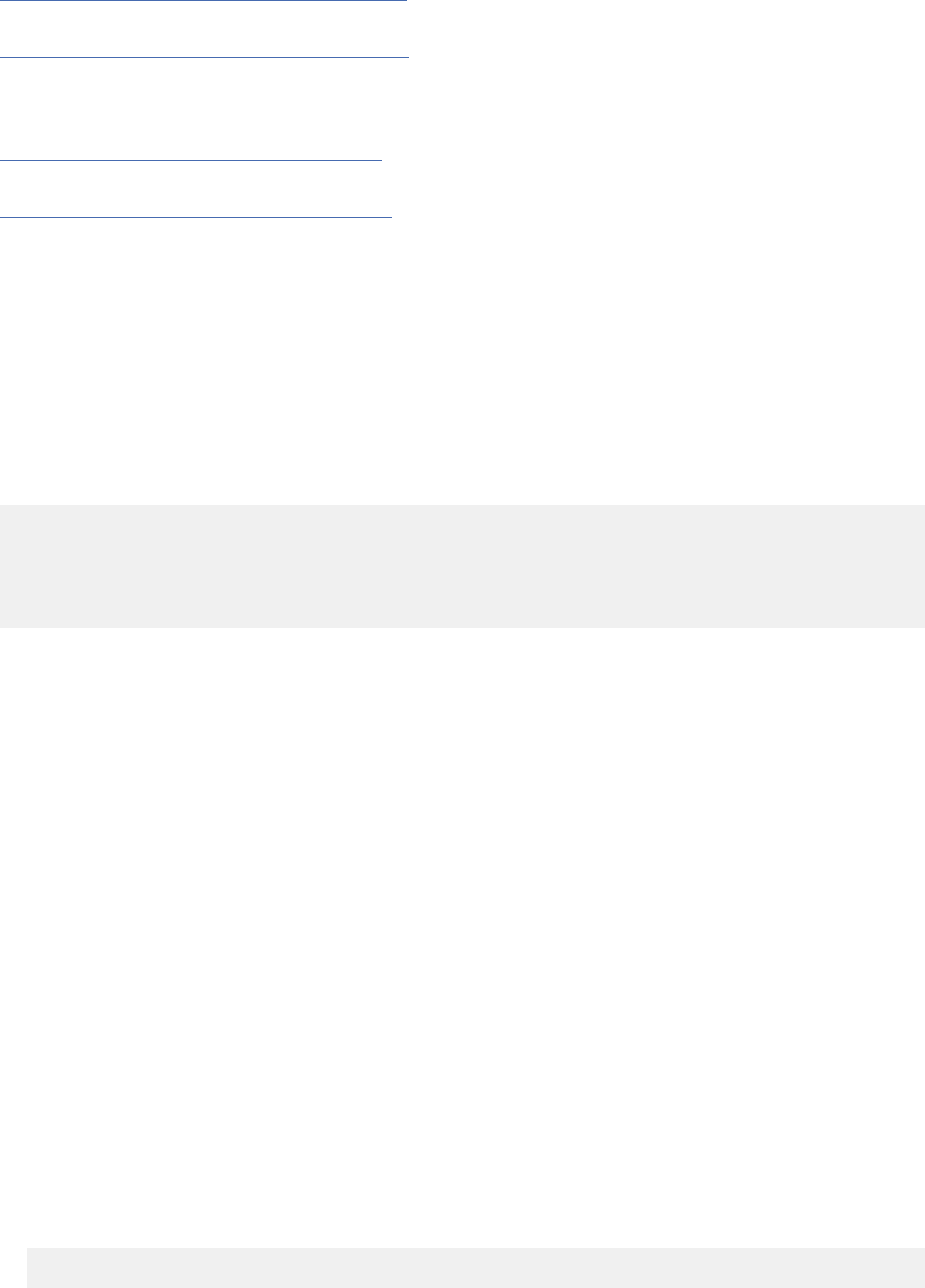
You can code SQL statements in a C or C++ program wherever you can use executable statements.
COBOL applications that issue SQL statements
You can code SQL statements in certain COBOL program sections.
Fortran applications that issue SQL statements
You can code SQL statements in a Fortran program wherever you can place executable statements. If
the SQL statement is within an IF statement, the precompiler generates any necessary THEN and END IF
statements.
PL/I applications that issue SQL statements
You can code SQL statements in a PL/I program wherever you can use executable statements.
REXX applications that issue SQL statements
You can code SQL statements in a REXX programs wherever you can use REXX commands.
Dynamically executing an SQL statement by using PREPARE and EXECUTE
As an alternative to executing an SQL statement immediately after it is read, you can prepare and execute
the SQL statement in two steps. This two-step method is useful when you need to execute an SQL
statement multiple times with different values.
About this task
Suppose that you want to execute DELETE statements repeatedly using a list of employee numbers.
Consider how you would do it if you could write the DELETE statement as a static SQL statement:
< Read a value for EMP from the list. >
DO UNTIL (EMP = 0);
EXEC SQL
DELETE FROM DSN8C10.EMP WHERE EMPNO = :EMP ;
< Read a value for EMP from the list. >
END;
The loop repeats until it reads an EMP value of 0.
If you know in advance that you will use only the DELETE statement and only the table DSN8C10.EMP,
you can use the more efcient static SQL. Suppose further that several different tables have rows that
are identied by employee numbers, and that users enter a table name as well as a list of employee
numbers to delete. Although variables can represent the employee numbers, they cannot represent the
table name, so you must construct and execute the entire statement dynamically.
Procedure
To construct and execute statements dynamically your program must now do these things differently:
• Use parameter markers instead of host variables.
Dynamic SQL statements cannot use host variables. Therefore, you cannot dynamically execute an
SQL statement that contains host variables. Instead, substitute a parameter marker, indicated by a
question mark (?), for each host variable in the statement.
You can indicate to Db2 that a parameter marker represents a host variable of a certain data type
by specifying the parameter marker as the argument of a CAST specication. When the statement
executes, Db2 converts the host variable to the data type in the CAST specication. A parameter
marker that you include in a CAST specication is called a typed parameter marker. A parameter
marker without a CAST specication is called an untyped parameter marker.
Recommendation: Because Db2 can evaluate an SQL statement with typed parameter markers more
efciently than a statement with untyped parameter markers, use typed parameter markers whenever
possible. Under certain circumstances you must use typed parameter markers.
For example, suppose that you want to prepare this statement:
DELETE FROM DSN8C10.EMP WHERE EMPNO = :EMP;
Chapter 4. Embedded SQL programming
519

You need to prepare a string like this:
DELETE FROM DSN8C10.EMP WHERE EMPNO = CAST(? AS CHAR(6))
You associate host variable :EMP with the parameter marker when you execute the prepared
statement. Suppose that S1 is the prepared statement. Then the EXECUTE statement looks like this:
EXECUTE S1 USING :EMP;
• Use the PREPARE statement.
Before you prepare an SQL statement, you can assign it to a host variable. If the length of the
statement is greater than 32 KB, you must declare the host variable as a CLOB or DBCLOB.
You can think of PREPARE and EXECUTE as an EXECUTE IMMEDIATE done in two steps. The rst step,
PREPARE, turns a character string into an SQL statement, and then assigns it a name of your choosing.
For example, assume that the character host variable :DSTRING has the value “DELETE FROM
DSN8C10.EMP WHERE EMPNO = ?”. To prepare an SQL statement from that string and assign it the
name S1, write:
EXEC SQL PREPARE S1 FROM :DSTRING;
The prepared statement still contains a parameter marker, for which you must supply a value when
the statement executes. After the statement is prepared, the table name is xed, but the parameter
marker enables you to execute the same statement many times with different values of the employee
number.
• Use EXECUTE instead of EXECUTE IMMEDIATE.
The EXECUTE statement executes a prepared SQL statement by naming a list of one or more host
variables, one or more host-variable arrays, or a host structure. This list supplies values for all of the
parameter markers.
After you prepare a statement, you can execute it many times within the same unit of work. In
most cases, COMMIT or ROLLBACK destroys statements prepared in a unit of work. Then, you must
prepare them again before you can execute them again. However, if you declare a cursor for a
dynamic statement and use the option WITH HOLD, a commit operation does not destroy the prepared
statement if the cursor is still open. You can execute the statement in the next unit of work without
preparing it again.
For example, to execute the prepared statement S1 just once, using a parameter value contained in
the host variable :EMP, write:
EXEC SQL EXECUTE S1 USING :EMP;
Examples
Preparing and executing the example DELETE statement
< Read a value for EMP from the list. >
DO UNTIL (EMP = 0);
EXEC SQL
DELETE FROM DSN8C10.EMP WHERE EMPNO = :EMP ;
< Read a value for EMP from the list. >
END;
You can now write an equivalent example for a dynamic SQL statement:
< Read a statement containing parameter markers into DSTRING.>
EXEC SQL PREPARE S1 FROM :DSTRING;
< Read a value for EMP from the list. >
DO UNTIL (EMPNO = 0);
EXEC SQL EXECUTE S1 USING :EMP;
< Read a value for EMP from the list. >
END;
520
Db2 12 for z/OS: Application Programming and SQL Guide (Last updated: 2024-07-30)
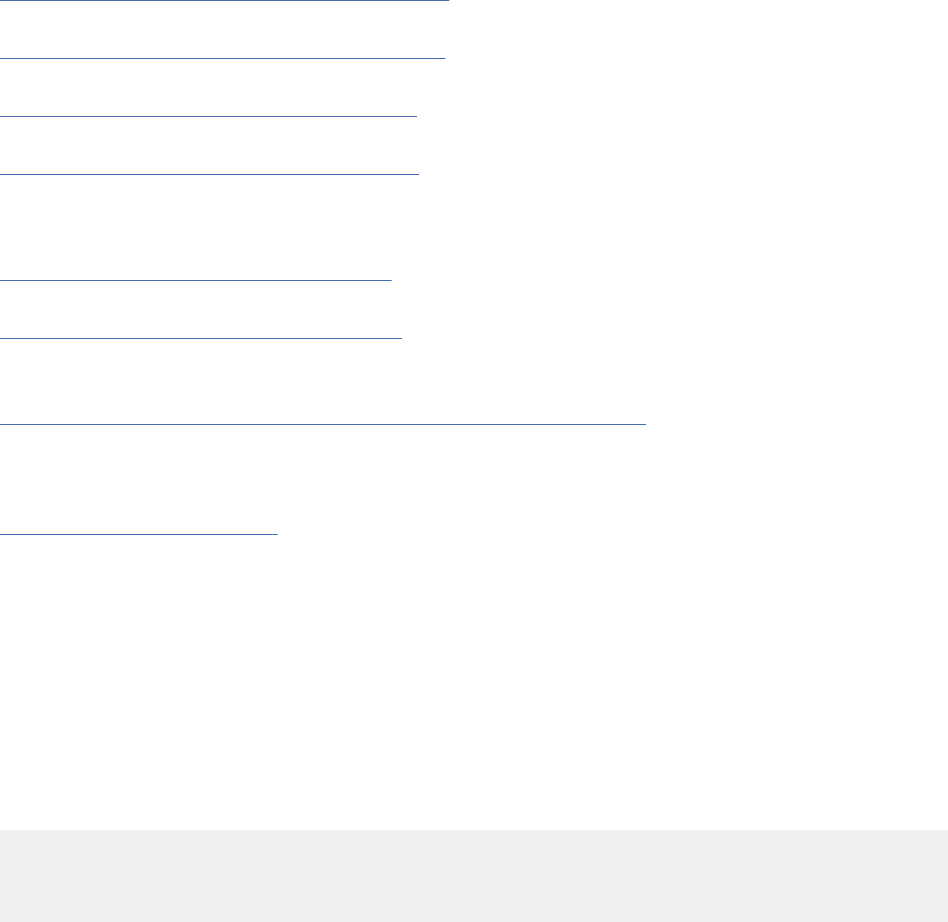
The PREPARE statement prepares the SQL statement and calls it S1. The EXECUTE statement
executes S1 repeatedly, using different values for EMP.
Using more than one parameter marker
The prepared statement (S1 in the example) can contain more than one parameter marker. If it does,
the USING clause of EXECUTE species a list of variables or a host structure. The variables must
contain values that match the number and data types of parameters in S1 in the proper order. You
must know the number and types of parameters in advance and declare the variables in your program,
or you can use an SQLDA (SQL descriptor area).
Related concepts
Assembler applications that issue SQL statements
You can code SQL statements in assembler programs wherever you can use executable statements.
C and C++ applications that issue SQL statements
You can code SQL statements in a C or C++ program wherever you can use executable statements.
COBOL applications that issue SQL statements
You can code SQL statements in certain COBOL program sections.
Fortran applications that issue SQL statements
You can code SQL statements in a Fortran program wherever you can place executable statements. If
the SQL statement is within an IF statement, the precompiler generates any necessary THEN and END IF
statements.
PL/I applications that issue SQL statements
You can code SQL statements in a PL/I program wherever you can use executable statements.
REXX applications that issue SQL statements
You can code SQL statements in a REXX programs wherever you can use REXX commands.
Related tasks
Dynamically executing an SQL statement by using EXECUTE IMMEDIATE
In certain situations, you might want your program to prepare and dynamically execute a statement
immediately after reading it.
Related reference
PREPARE statement (Db2 SQL)
Dynamically executing a data change statement
Dynamically executing data change statements with host-variable arrays is useful if you want to enter
rows of data into different tables. It is also useful if you want to enter a different number of rows. The
process is similar for both INSERT and MERGE statements.
About this task
For example, suppose that you want to repeatedly execute a multiple-row INSERT statement with a list
of activity IDs, activity keywords, and activity descriptions that are provided by the user. You can use the
following static SQL INSERT statement to insert multiple rows of data into the activity table:
EXEC SQL
INSERT INTO DSN8C10.ACT
VALUES (:hva_actno, :hva_actkwd, :hva_actdesc)
FOR :num_rows ROWS;
However, if you want to enter the rows of data into different tables or enter different numbers of rows, you
can construct the INSERT statement dynamically.
Procedure
To execute a data change statement dynamically, use one of the following methods:
Chapter 4. Embedded SQL programming
521

• Use host-variable arrays that contain the data to be inserted, by completing the following actions in
your program:
a) Assign the appropriate INSERT or MERGE statement to a host variable. If needed, use the CAST
specication to explicitly assign types to parameter markers that represent host-variable arrays.
For the activity table, the following string contains an INSERT statement that is to be prepared:
INSERT INTO DSN8C10.ACT
VALUES (CAST(? AS SMALLINT), CAST(? AS CHAR(6)), CAST(? AS VARCHAR(20)))
b) Assign any attributes for the SQL statement to a host variable.
c) Include a PREPARE statement for the SQL statement.
d) Include an EXECUTE statement with the FOR n ROWS clause.
Each host variable in the USING clause of the EXECUTE statement represents an array of values
for the corresponding column of the target of the SQL statement. You can vary the number of rows
without needing to prepare the SQL statement again.
For example, the following code prepares and executes an INSERT statement:
/* Copy the INSERT string into the host variable sqlstmt */
strcpy(sqlstmt, "INSERT INTO DSN8C10.ACT VALUES (CAST(? AS SMALLINT),");
strcat(sqlstmt, " CAST(? AS CHAR(6)), CAST(? AS VARCHAR(20)))");
/* Copy the INSERT attributes into the host variable attrvar */
strcpy(attrvar, "FOR MULTIPLE ROWS");
/* Prepare and execute my_insert using the host-variable arrays */
EXEC SQL PREPARE my_insert ATTRIBUTES :attrvar FROM :sqlstmt;
EXEC SQL EXECUTE my_insert USING :hva1, :hva2, :hva3 FOR :num_rows ROWS;
• Use descriptor to describe the host-variable arrays that contain the data, by completing the following
actions in your program:
a) Set the following elds in the SQLDA structure to specify data types and other information about
the host-variable arrays that contain the values to insert in your INSERT statement.
– SQLN
– SQLABC
– SQLD
– SQLVAR
– SQLNAME
Assume that your program includes the standard SQLDA structure declaration and declarations for
the program variables that point to the SQLDA structure. For C application programs, the following
example code sets the SQLDA elds:
strcpy(sqldaptr->sqldaid,"SQLDA");
sqldaptr->sqldabc = 192; /* number of bytes of storage allocated
for the SQLDA */
sqldaptr->sqln = 4; /* number of SQLVAR
occurrences */
sqldaptr->sqld = 4;
varptr = (struct sqlvar *) (&(sqldaptr->sqlvar[0])); /* Point
to first SQLVAR */
varptr->sqltype = 500; /* data
type SMALLINT */
varptr->sqllen = 2;
varptr->sqldata = (char *) hva1;
varptr->sqlname.length = 8;
memcpy(varptr->sqlname.data, "\x00\x00\x00\x00\x00\x01\x00\x14",varptr->sqlname.length);
varptr = (struct sqlvar *) (&(sqldaptr->sqlvar[0]) + 1); /* Point
to next SQLVAR */
varptr->sqltype = 452; /* data
type CHAR(6) */
varptr->sqllen = 6;
varptr->sqldata = (char *) hva2;
varptr->sqlname.length = 8;
memcpy(varptr->sqlname.data, "\x00\x00\x00\x00\x00\x01\x00\x14",varptr->sqlname.length);
varptr = (struct sqlvar *) (&(sqldaptr->sqlvar[0]) + 2); /* Point
to next SQLVAR */
522
Db2 12 for z/OS: Application Programming and SQL Guide (Last updated: 2024-07-30)

varptr->sqltype = 448; /* data type
VARCHAR(20) */
varptr->sqllen = 20;
varptr->sqldata = (char *) hva3;
varptr->sqlname.length = 8;
memcpy(varptr->sqlname.data, "\x00\x00\x00\x00\x00\x01\x00\x14",varptr->sqlname.length);
The SQLDA structure has the following elds:
– SQLDABC indicates the number of bytes of storage that are allocated for the SQLDA. The storage
includes a 16-byte header and 44 bytes for each SQLVAR eld. The value is SQLN x 44 + 16, or
192 for this example.
– SQLN is the number of SQLVAR occurrences, plus one for use by Db2 for the host variable that
contains the number n in the FOR n ROWS clause.
– SQLD is the number of variables in the SQLDA that are used by Db2 when processing the INSERT
statement.
– An SQLVAR occurrence species the attributes of an element of a host-variable array that
corresponds to a value provided for a target column of the INSERT. Within each SQLVAR:
- SQLTYPE indicates the data type of the elements of the host-variable array.
- SQLLEN indicates the length of a single element of the host-variable array.
- SQLDATA points to the corresponding host-variable array. Assume that your program allocates
the dynamic variable arrays hva1, hva2, and hva3.
- SQLNAME has two parts: the LENGTH and the DATA. The LENGTH is 8. The rst two bytes
of the DATA eld is X'0000'. Bytes 5 and 6 of the DATA eld are a flag indicating whether
the variable is an array or a FOR n ROWS value. Bytes 7 and 8 are a two-byte binary integer
representation of the dimension of the array.
b) Assign the appropriate INSERT or MERGE statement to a host variable.
For example, the following string contains an INSERT statement that is to be prepared:
INSERT INTO DSN8C10.ACT VALUES (?, ?, ?)
c) Assign any attributes for the SQL statement to a host variable.
d) Include a PREPARE statement for the SQL statement.
e) Include an EXECUTE statement with the FOR n ROWS clause. The host variable in the USING clause
of the EXECUTE statement names the SQLDA that describes the parameter markers in the INSERT
statement.
For example, the following code prepares and executes an INSERT statement:
/* Copy the INSERT string into the host variable sqlstmt */
strcpy(sqlstmt, "INSERT INTO DSN8C10.ACT VALUES (?, ?, ?)");
/* Copy the INSERT attributes into the host variable attrvar */
strcpy(attrvar, "FOR MULTIPLE ROWS");
/* Prepare and execute my_insert using the descriptor */
EXEC SQL PREPARE my_insert ATTRIBUTES :attrvar FROM :sqlstmt;
EXEC SQL EXECUTE my_insert USING DESCRIPTOR :*sqldaptr FOR :num_rows ROWS;
Related concepts
Assembler applications that issue SQL statements
You can code SQL statements in assembler programs wherever you can use executable statements.
C and C++ applications that issue SQL statements
You can code SQL statements in a C or C++ program wherever you can use executable statements.
COBOL applications that issue SQL statements
You can code SQL statements in certain COBOL program sections.
Fortran applications that issue SQL statements
Chapter 4. Embedded SQL programming
523

You can code SQL statements in a Fortran program wherever you can place executable statements. If
the SQL statement is within an IF statement, the precompiler generates any necessary THEN and END IF
statements.
PL/I applications that issue SQL statements
You can code SQL statements in a PL/I program wherever you can use executable statements.
Related tasks
Including dynamic SQL for varying-list SELECT statements in your program
A varying-list SELECT statement returns rows that contain an unknown number of values of unknown
type. When you use this type of statement, you do not know in advance exactly what kinds of host
variables you need to declare for storing the results.
Related reference
SQLTYPE and SQLLEN (Db2 SQL)
Dynamically executing a statement with parameter markers by using the
SQLDA
Your program can get data type information about parameter markers by asking Db2 to set the elds in
the SQLDA.
Before you begin
Before you dynamically execute a statement with parameter markers, allocate an SQLDA with enough
instances of SQLVAR to represent all parameter markers in the SQL statement.
Procedure
To dynamically execute a statement with parameter markers by using the SQLDA:
1. Include in your program a DESCRIBE INPUT statement that species the prepared SQL statement and
the name of an appropriate SQLDA.
Db2 puts the requested parameter marker information in the SQLDA.
2. Code the application in the same way as any other application in which you execute a prepared
statement by using an SQLDA. First, obtain the addresses of the input host variables and their indicator
variables and insert those addresses into the SQLDATA and SQLIND elds. Then, execute the prepared
SQL statement.
Example
Suppose that you want to execute the following statement dynamically:
DELETE FROM DSN8C10.EMP WHERE EMPNO = ?
You can use the following code to set up an SQLDA, obtain parameter information by using the DESCRIBE
INPUT statement, and execute the statement:
SQLDAPTR=ADDR(INSQLDA); /* Get pointer to SQLDA */
SQLDAID='SQLDA'; /* Fill in SQLDA eye-catcher */
SQLDABC=LENGTH(INSQLDA); /* Fill in SQLDA length */
SQLN=1; /* Fill in number of SQLVARs */
SQLD=0; /* Initialize # of SQLVARs used */
DO IX=1 TO SQLN; /* Initialize the SQLVAR */
SQLTYPE(IX)=0;
SQLLEN(IX)=0;
SQLNAME(IX)='';
END;
SQLSTMT='DELETE FROM DSN8C10.EMP WHERE EMPNO = ?';
EXEC SQL PREPARE SQLOBJ FROM SQLSTMT;
EXEC SQL DESCRIBE INPUT SQLOBJ INTO :INSQLDA;
SQLDATA(1)=ADDR(HVEMP); /* Get input data address */
SQLIND(1)=ADDR(HVEMPIND); /* Get indicator address */
EXEC SQL EXECUTE SQLOBJ USING DESCRIPTOR :INSQLDA;
524
Db2 12 for z/OS: Application Programming and SQL Guide (Last updated: 2024-07-30)

Related concepts
Assembler applications that issue SQL statements
You can code SQL statements in assembler programs wherever you can use executable statements.
C and C++ applications that issue SQL statements
You can code SQL statements in a C or C++ program wherever you can use executable statements.
COBOL applications that issue SQL statements
You can code SQL statements in certain COBOL program sections.
Fortran applications that issue SQL statements
You can code SQL statements in a Fortran program wherever you can place executable statements. If
the SQL statement is within an IF statement, the precompiler generates any necessary THEN and END IF
statements.
PL/I applications that issue SQL statements
You can code SQL statements in a PL/I program wherever you can use executable statements.
REXX applications that issue SQL statements
You can code SQL statements in a REXX programs wherever you can use REXX commands.
Related tasks
Dening SQL descriptor areas (SQLDA)
If your program includes certain SQL statements, you must dene at least one SQL descriptor area
(SQLDA). Depending on the context in which it is used, the SQLDA stores information about prepared SQL
statements or host variables. This information can then be read by either the application program or Db2.
Related reference
DESCRIBE INPUT statement (Db2 SQL)
Checking the execution of SQL statements
After executing an SQL statement, your program should check for any errors before you commit the data
and handle the errors that they represent.
About this task
You can check the execution of SQL statements in one of the following ways:
• By displaying specic elds in the SQLCA.
• By testing SQLCODE or SQLSTATE for specic values.
• By using the WHENEVER statement in your application program.
• By testing indicator variables to detect numeric errors.
• By using the GET DIAGNOSTICS statement in your application program to return all the condition
information that results from the execution of an SQL statement.
• By calling DSNTIAR to display the contents of the SQLCA.
Related concepts
Arithmetic and conversion errors
You can track arithmetic and conversion errors by using indicator variables. An indicator variable contains
a small integer value that indicates some information about the associated host variable.
Related tasks
Dening the SQL communications area, SQLSTATE, and SQLCODE in assembler
Assembler programs that contain SQL statements can include an SQL communications area (SQLCA)
to check whether an SQL statement executed successfully. Alternatively, these programs can declare
individual SQLCODE and SQLSTATE host variables.
Dening the SQL communications area, SQLSTATE, and SQLCODE in C and C++
Chapter 4. Embedded SQL programming
525

C and C++ programs that contain SQL statements can include an SQL communications area (SQLCA)
to check whether an SQL statement executed successfully. Alternatively, these programs can declare
individual SQLCODE and SQLSTATE host variables.
Dening the SQL communications area, SQLSTATE, and SQLCODE in COBOL
COBOL programs that contain SQL statements can include an SQL communications area (SQLCA) to check
whether an SQL statement executed successfully. Alternatively, these programs can declare individual
SQLCODE and SQLSTATE host variables.
Dening the SQL communications area, SQLSTATE, and SQLCODE in Fortran
Fortran programs that contain SQL statements can include an SQL communications area (SQLCA) to check
whether an SQL statement executed successfully. Alternatively, these programs can declare individual
SQLCODE and SQLSTATE host variables.
Dening the SQL communications area, SQLSTATE, and SQLCODE in PL/I
PL/I programs that contain SQL statements can include an SQL communications area (SQLCA) to check
whether an SQL statement executed successfully. Alternatively, these programs can declare individual
SQLCODE and SQLSTATE host variables.
Dening the SQL communications area, SQLSTATE, and SQLCODE in REXX
When Db2 prepares a REXX program that contains SQL statements, Db2 automatically includes an SQLCA
in the program.
Displaying SQLCA elds by calling DSNTIAR
If you use the SQLCA to check whether an SQL statement executed successfully, your program needs to
read the data in the appropriate SQLCA elds. One easy way to read these elds is to use the assembler
subroutine DSNTIAR.
Checking the execution of SQL statements by using the SQLCA
One way to check whether an SQL statement executed successfully is to use the SQL communication area
(SQLCA). This area is set apart for communication with Db2.
About this task
If you use the SQLCA, include the necessary instructions to display information that is contained in the
SQLCA in your application program. Alternatively, you can use the GET DIAGNOSTICS statement, which is
an SQL standard, to diagnose problems.
• When Db2 processes an SQL statement, it places return codes that indicate the success or failure of the
statement execution in SQLCODE and SQLSTATE.
• When Db2 processes a FETCH statement, and the FETCH is successful, the contents of SQLERRD(3) in
the SQLCA is set to the number of returned rows.
• When Db2 processes a multiple-row FETCH statement, the contents of SQLCODE is set to +100 if the
last row in the table has been returned with the set of rows.
• When Db2 processes an UPDATE, INSERT, or DELETE statement, and the statement execution is
successful, the contents of SQLERRD(3) in the SQLCA is set to the number of rows that are updated,
inserted, or deleted.
• When Db2 processes a TRUNCATE statement and the statement execution is successful, SQLERRD(3) in
the SQLCA is set to -1. The number of rows that are deleted is not returned.
• If SQLWARN0 contains W, Db2 has set at least one of the SQL warning flags (SQLWARN1 through
SQLWARNA):
– SQLWARN1 contains N for non-scrollable cursors and S for scrollable cursors after an OPEN CURSOR
or ALLOCATE CURSOR statement.
– SQLWARN4 contains I for insensitive scrollable cursors, S for sensitive static scrollable cursors, and
D for sensitive dynamic scrollable cursors, after an OPEN CURSOR or ALLOCATE CURSOR statement,
or blank if the cursor is not scrollable.
526
Db2 12 for z/OS: Application Programming and SQL Guide (Last updated: 2024-07-30)
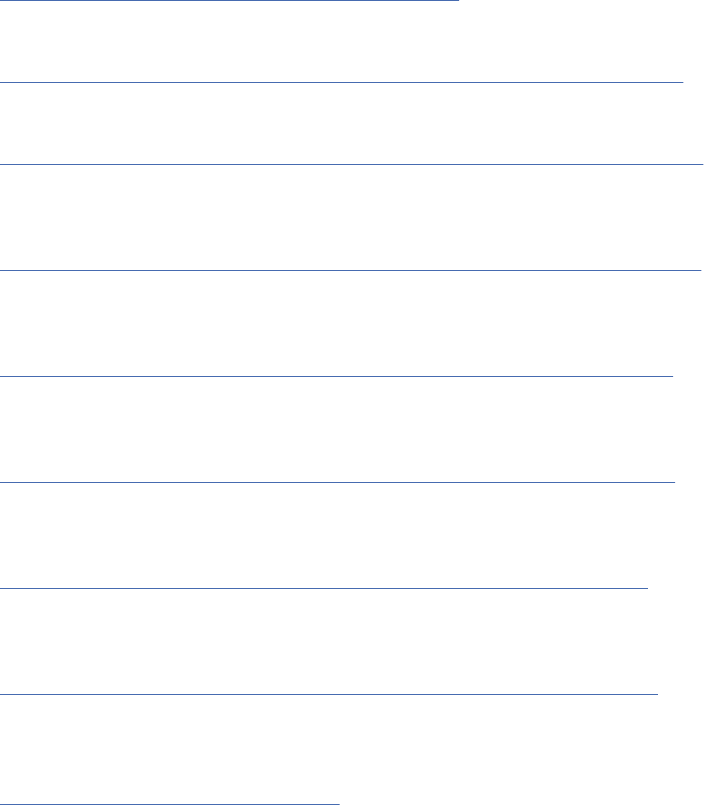
– SQLWARN5 contains a character value of 1 (read only), 2 (read and delete), or 4 (read, delete, and
update) to indicate the operation that is allowed on the result table of the cursor.
Related tasks
Accessing data by using a rowset-positioned cursor
A rowset-positioned cursor is a cursor that can return one or more rows for a single fetch operation. The
cursor is positioned on the set of rows that are to be fetched.
Checking the execution of SQL statements by using SQLCODE and SQLSTATE
Whenever an SQL statement executes, the SQLCODE and SQLSTATE elds of the SQLCA receive a return
code.
Dening the SQL communications area, SQLSTATE, and SQLCODE in assembler
Assembler programs that contain SQL statements can include an SQL communications area (SQLCA)
to check whether an SQL statement executed successfully. Alternatively, these programs can declare
individual SQLCODE and SQLSTATE host variables.
Dening the SQL communications area, SQLSTATE, and SQLCODE in C and C++
C and C++ programs that contain SQL statements can include an SQL communications area (SQLCA)
to check whether an SQL statement executed successfully. Alternatively, these programs can declare
individual SQLCODE and SQLSTATE host variables.
Dening the SQL communications area, SQLSTATE, and SQLCODE in COBOL
COBOL programs that contain SQL statements can include an SQL communications area (SQLCA) to check
whether an SQL statement executed successfully. Alternatively, these programs can declare individual
SQLCODE and SQLSTATE host variables.
Dening the SQL communications area, SQLSTATE, and SQLCODE in Fortran
Fortran programs that contain SQL statements can include an SQL communications area (SQLCA) to check
whether an SQL statement executed successfully. Alternatively, these programs can declare individual
SQLCODE and SQLSTATE host variables.
Dening the SQL communications area, SQLSTATE, and SQLCODE in PL/I
PL/I programs that contain SQL statements can include an SQL communications area (SQLCA) to check
whether an SQL statement executed successfully. Alternatively, these programs can declare individual
SQLCODE and SQLSTATE host variables.
Dening the SQL communications area, SQLSTATE, and SQLCODE in REXX
When Db2 prepares a REXX program that contains SQL statements, Db2 automatically includes an SQLCA
in the program.
Related reference
Description of SQLCA elds (Db2 SQL)
Displaying SQLCA elds by calling DSNTIAR
If you use the SQLCA to check whether an SQL statement executed successfully, your program needs to
read the data in the appropriate SQLCA elds. One easy way to read these elds is to use the assembler
subroutine DSNTIAR.
About this task
You should check for errors codes before you commit data, and handle the errors that they represent.
The assembler subroutine DSNTIAR helps you to obtain a formatted form of the SQLCA and a text
message based on the SQLCODE eld of the SQLCA. You can retrieve this same message text by using
the MESSAGE_TEXT condition item eld of the GET DIAGNOSTICS statement. Programs that require long
token message support should code the GET DIAGNOSTICS statement instead of DSNTIAR.
DSNTIAR takes data from the SQLCA, formats it into a message, and places the result in a message output
area that you provide in your application program. Each time you use DSNTIAR, it overwrites any previous
messages in the message output area. You should move or print the messages before using DSNTIAR
again, and before the contents of the SQLCA change, to get an accurate view of the SQLCA.
Chapter 4. Embedded SQL programming
527
DSNTIAR expects the SQLCA to be in a certain format. If your application modies the SQLCA format
before you call DSNTIAR, the results are unpredictable.
DSNTIAR
The assembler subroutine DSNTIAR helps you to obtain a formatted form of the SQLCA and a text
message that is based on the SQLCODE eld of the SQLCA.
DSNTIAR can run either above or below the 16-MB line of virtual storage. The DSNTIAR object module
that comes with Db2 has the attributes AMODE(31) and RMODE(ANY). At installation time, DSNTIAR links
as AMODE(31) and RMODE(ANY). DSNTIAR runs in 31-bit mode if any of the following conditions is true:
• DSNTIAR is linked with other modules that also have the attributes AMODE(31) and RMODE(ANY).
• DSNTIAR is linked into an application that species the attributes AMODE(31) and RMODE(ANY) in its
link-edit JCL.
• An application loads DSNTIAR.
When loading DSNTIAR from another program, be careful how you branch to DSNTIAR. For example, if the
calling program is in 24-bit addressing mode and DSNTIAR is loaded above the 16-MB line, you cannot
use the assembler BALR instruction or CALL macro to call DSNTIAR, because they assume that DSNTIAR
is in 24-bit mode. Instead, you must use an instruction that is capable of branching into 31-bit mode,
such as BASSM.
You can dynamically link (load) and call DSNTIAR directly from a language that does not handle 31-bit
addressing. To do this, link a second version of DSNTIAR with the attributes AMODE(24) and RMODE(24)
into another load module library. Alternatively, you can write an intermediate assembler language
program that calls DSNTIAR in 31-bit mode and then call that intermediate program in 24-bit mode
from your application.
For more information on the allowed and default AMODE and RMODE settings for a particular language,
see the application programming guide for that language. For details on how the attributes AMODE and
RMODE of an application are determined, see the linkage editor and loader user's guide for the language
in which you have written the application.
Dening a message output area
If a program calls DSNTIAR, the program must allocate enough storage in the message output area to
hold all of the message text that DSNTIAR returns.
About this task
You will probably need no more than 10 lines, 80-bytes each, for your message output area. An
application program can have only one message output area.
You must dene the message output area in VARCHAR format. In this varying character format, a 2-byte
length eld precedes the data. The length eld indicates to DSNTIAR how many total bytes are in the
output message area; the minimum length of the output area is 240-bytes.
The following gure shows the format of the message output area, where length is the 2-byte total length
eld, and the length of each line matches the logical record length (lrecl) you specify to DSNTIAR.
528
Db2 12 for z/OS: Application Programming and SQL Guide (Last updated: 2024-07-30)
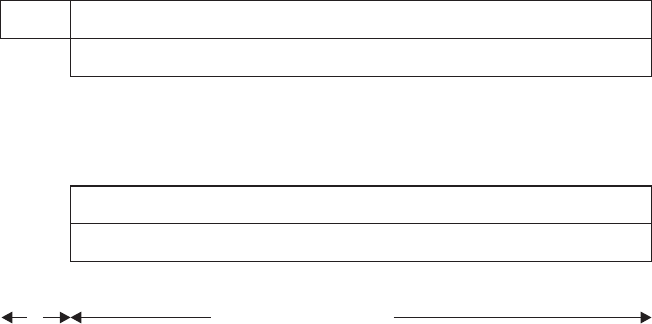
Line:
1
2
.
.
.
n-1
n
Field sizes (in bytes):
2 Logical record length
Figure 41. Format of the message output area
When you call DSNTIAR, you must name an SQLCA and an output message area in the DSNTIAR
parameters. You must also provide the logical record length (lrecl) as a value in the range 72–240 bytes.
DSNTIAR assumes the message area contains xed-length records of length lrecl.
DSNTIAR places up to 10 lines in the message area. If the text of a message is longer than the record
length you specify on DSNTIAR, the output message splits into several records, on word boundaries if
possible. The split records are indented. All records begin with a blank character for carriage control. If
you have more lines than the message output area can contain, DSNTIAR issues a return code of 4. A
completely blank record marks the end of the message output area.
Possible return codes from DSNTIAR
The assembler subroutine DSNTIAR helps your program read the information in the SQLCA. The
subroutine also returns its own return code.
Code
Meaning
0
Successful execution.
4
More data available than could t into the provided message area.
8
Logical record length not in the range 72–240, inclusive.
12
Message area not large enough. The message length was 240 or greater.
16
Error in TSO message routine.
20
Module DSNTIA1 could not be loaded.
24
SQLCA data error.
A scenario for using DSNTIAR
You can use the assembler subroutine DSNTIAR to generate the error message text in the SQLCA.
Suppose you want your Db2 COBOL application to check for deadlocks and timeouts, and you want to
make sure your cursors are closed before continuing. You use the statement WHENEVER SQLERROR to
transfer control to an error routine when your application receives a negative SQLCODE.
Chapter 4. Embedded SQL programming
529
In your error routine, you write a section that checks for SQLCODE -911 or -913. You can receive either of
these SQLCODEs when a deadlock or timeout occurs. When one of these errors occurs, the error routine
closes your cursors by issuing the statement:
EXEC SQL CLOSE cursor-name
An SQLCODE of 0 or -501 resulting from that statement indicates that the close was successful.
To use DSNTIAR to generate the error message text, rst follow these steps:
1. Choose a logical record length (lrecl) of the output lines. For this example, assume lrecl is 72 (to t on a
terminal screen) and is stored in the variable named ERROR-TEXT-LEN.
2. Dene a message area in your COBOL application. Assuming you want an area for up to 10 lines of
length 72, you should dene an area of 720 bytes, plus a 2-byte area that species the total length of
the message output area.
01 ERROR-MESSAGE.
02 ERROR-LEN PIC S9(4) COMP VALUE +720.
02 ERROR-TEXT PIC X(72) OCCURS 10 TIMES
INDEXED BY ERROR-INDEX.
77 ERROR-TEXT-LEN PIC S9(9) COMP VALUE +72.
For this example, the name of the message area is ERROR-MESSAGE.
3. Make sure you have an SQLCA. For this example, assume the name of the SQLCA is SQLCA.
To display the contents of the SQLCA when SQLCODE is 0 or -501, call DSNTIAR after the SQL statement
that produces SQLCODE 0 or -501:
CALL 'DSNTIAR' USING SQLCA ERROR-MESSAGE ERROR-TEXT-LEN.
You can then print the message output area just as you would any other variable. Your message might
look like this:
DSNT408I SQLCODE = -501, ERROR: THE CURSOR IDENTIFIED IN A FETCH OR
CLOSE STATEMENT IS NOT OPEN
DSNT418I SQLSTATE = 24501 SQLSTATE RETURN CODE
DSNT415I SQLERRP = DSNXERT SQL PROCEDURE DETECTING ERROR
DSNT416I SQLERRD = -315 0 0 -1 0 0 SQL DIAGNOSTIC INFORMATION
DSNT416I SQLERRD = X'FFFFFEC5' X'00000000' X'00000000'
X'FFFFFFFF' X'00000000' X'00000000' SQL DIAGNOSTIC
INFORMATION
Checking the execution of SQL statements by using SQLCODE and SQLSTATE
Whenever an SQL statement executes, the SQLCODE and SQLSTATE elds of the SQLCA receive a return
code.
Procedure
You can declare SQLCODE and SQLSTATE (SQLCOD and SQLSTA in Fortran) as stand-alone host variables.
If you specify the STDSQL(YES) precompiler option, these host variables receive the return codes, and
you should not include an SQLCA in your program.
Portable applications should use SQLSTATE instead of SQLCODE, although SQLCODE values can provide
additional Db2-specic information about an SQL error or warning.
An advantage to using the SQLCODE eld is that it can provide more specic information than the
SQLSTATE. Many of the SQLCODEs have associated tokens in the SQLCA that indicate, for example, which
object incurred an SQL error. However, an SQL standard application uses only SQLSTATE.
SQLCODE
Db2 returns the following codes in SQLCODE:
• If SQLCODE = 0, execution was successful.
• If SQLCODE > 0, execution was successful with a warning.
530
Db2 12 for z/OS: Application Programming and SQL Guide (Last updated: 2024-07-30)
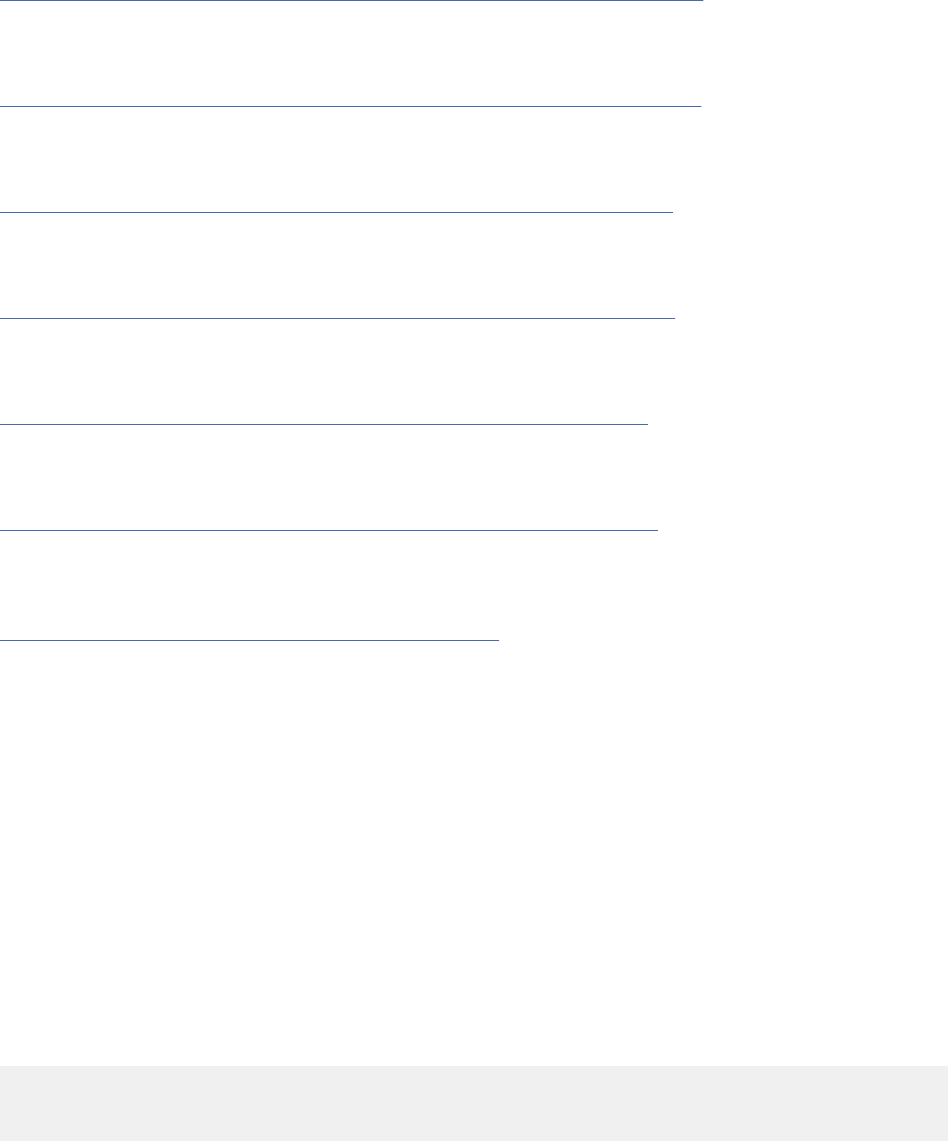
• If SQLCODE < 0, execution was not successful.
SQLCODE 100 indicates that no data was found.
The meaning of SQLCODEs other than 0 and 100 varies with the particular product implementing SQL.
SQLSTATE
SQLSTATE enables an application program to check for errors in the same way for different IBM
database management systems.
Related tasks
Dening the SQL communications area, SQLSTATE, and SQLCODE in assembler
Assembler programs that contain SQL statements can include an SQL communications area (SQLCA)
to check whether an SQL statement executed successfully. Alternatively, these programs can declare
individual SQLCODE and SQLSTATE host variables.
Dening the SQL communications area, SQLSTATE, and SQLCODE in C and C++
C and C++ programs that contain SQL statements can include an SQL communications area (SQLCA)
to check whether an SQL statement executed successfully. Alternatively, these programs can declare
individual SQLCODE and SQLSTATE host variables.
Dening the SQL communications area, SQLSTATE, and SQLCODE in COBOL
COBOL programs that contain SQL statements can include an SQL communications area (SQLCA) to check
whether an SQL statement executed successfully. Alternatively, these programs can declare individual
SQLCODE and SQLSTATE host variables.
Dening the SQL communications area, SQLSTATE, and SQLCODE in Fortran
Fortran programs that contain SQL statements can include an SQL communications area (SQLCA) to check
whether an SQL statement executed successfully. Alternatively, these programs can declare individual
SQLCODE and SQLSTATE host variables.
Dening the SQL communications area, SQLSTATE, and SQLCODE in PL/I
PL/I programs that contain SQL statements can include an SQL communications area (SQLCA) to check
whether an SQL statement executed successfully. Alternatively, these programs can declare individual
SQLCODE and SQLSTATE host variables.
Dening the SQL communications area, SQLSTATE, and SQLCODE in REXX
When Db2 prepares a REXX program that contains SQL statements, Db2 automatically includes an SQLCA
in the program.
Related reference
SQLSTATE values and common error codes (Db2 Codes)
Checking the execution of SQL statements by using the WHENEVER
statement
The WHENEVER statement causes Db2 to check the SQLCA and continue processing your program. If an
error, exception, or warning occurs, Db2 branches to another area in your program. The condition handling
area of your program can then examine the SQLCODE or SQLSTATE to react specically to the error or
exception.
About this task
The WHENEVER statement is not supported for REXX.
The WHENEVER statement enables you to specify what to do if a general condition is true. You can specify
more than one WHENEVER statement in your program. When you do this, the rst WHENEVER statement
applies to all subsequent SQL statements in the source program until the next WHENEVER statement.
The WHENEVER statement looks like this:
EXEC SQL
WHENEVER condition action
END-EXEC
Chapter 4. Embedded SQL programming
531

The condition of the WHENEVER statement is one of these three values:
SQLWARNING
Indicates what to do when SQLWARN0 = W or SQLCODE contains a positive value other than 100. Db2
can set SQLWARN0 for several reasons—for example, if a column value is truncated when moved into
a host variable. Your program might not regard this as an error.
SQLERROR
Indicates what to do when Db2 returns an error code as the result of an SQL statement (SQLCODE <
0).
NOT FOUND
Indicates what to do when Db2 cannot nd a row to satisfy your SQL statement or when there are no
more rows to fetch (SQLCODE = 100).
The action of the WHENEVER statement is one of these two values:
CONTINUE
Species the next sequential statement of the source program.
GOTO or GO TO host-label
Species the statement identied by host-label. For host-label, substitute a single token, preceded by
an optional colon. The form of the token depends on the host language. In COBOL, for example, it can
be section-name or an unqualied paragraph-name.
The WHENEVER statement must precede the rst SQL statement it is to affect. However, if your program
checks SQLCODE directly, you must check SQLCODE after each SQL statement.
Related concepts
REXX applications that issue SQL statements
You can code SQL statements in a REXX programs wherever you can use REXX commands.
Related reference
WHENEVER statement (Db2 SQL)
Checking the execution of SQL statements by using the GET DIAGNOSTICS
statement
One way to check whether an SQL statement executed successfully is to ask Db2 to return the diagnostic
information about the last executed SQL statement.
Procedure
You can use the GET DIAGNOSTICS statement to return diagnostic information about the last SQL
statement that was executed.
You can request individual items of diagnostic information from the following groups of items:
• Statement items, which contain information about the SQL statement as a whole
• Condition items, which contain information about each error or warning that occurred during the
execution of the SQL statement
• Connection items, which contain information about the SQL statement if it was a CONNECT statement
In addition to requesting individual items, you can request that GET DIAGNOSTICS return all diagnostic
items that are set during the execution of the last SQL statement as a single string.
In SQL procedures, you can also retrieve diagnostic information by using handlers. Handlers tell the
procedure what to do if a particular error occurs.
Use the GET DIAGNOSTICS statement to handle multiple SQL errors that might result from the execution
of a single SQL statement. First, check SQLSTATE (or SQLCODE) to determine whether diagnostic
information should be retrieved by using GET DIAGNOSTICS. This method is especially useful for
diagnosing problems that result from a multiple-row INSERT that is specied as NOT ATOMIC CONTINUE
ON SQLEXCEPTIONand multiple row MERGE statements.
532
Db2 12 for z/OS: Application Programming and SQL Guide (Last updated: 2024-07-30)

Even if you use only the GET DIAGNOSTICS statement in your application program to check for
conditions, you must either include the instructions required to use the SQLCA or you must declare
SQLSTATE (or SQLCODE) separately in your program.
When you use the GET DIAGNOSTICS statement, you assign the requested diagnostic information to host
variables. Declare each target host variable with a data type that is compatible with the data type of the
requested item.
To retrieve condition information, you must rst retrieve the number of condition items (that is, the
number of errors and warnings that Db2 detected during the execution of the last SQL statement). The
number of condition items is at least one. If the last SQL statement returned SQLSTATE '00000' (or
SQLCODE 0), the number of condition items is one.
Example: Using GET DIAGNOSTICS with multiple-row INSERT
You want to display diagnostic information for each condition that might occur during the execution of a
multiple-row INSERT statement in your application program. You specify the INSERT statement as NOT
ATOMIC CONTINUE ON SQLEXCEPTION, which means that execution continues regardless of the failure
of any single-row insertion. Db2 does not insert the row that was processed at the time of the error.
In the following example, the rst GET DIAGNOSTICS statement returns the number of rows inserted
and the number of conditions returned. The second GET DIAGNOSTICS statement returns the following
items for each condition: SQLCODE, SQLSTATE, and the number of the row (in the rowset that was being
inserted) for which the condition occurred.
EXEC SQL BEGIN DECLARE SECTION;
long row_count, num_condns, i;
long ret_sqlcode, row_num;
char ret_sqlstate[6];
...
EXEC SQL END DECLARE SECTION;
...
EXEC SQL
INSERT INTO DSN8C10.ACT
(ACTNO, ACTKWD, ACTDESC)
VALUES (:hva1, :hva2, :hva3)
FOR 10 ROWS
NOT ATOMIC CONTINUE ON SQLEXCEPTION;
EXEC SQL GET DIAGNOSTICS
:row_count = ROW_COUNT, :num_condns = NUMBER;
printf("Number of rows inserted = %d\n", row_count);
for (i=1; i<=num_condns; i++) {
EXEC SQL GET DIAGNOSTICS CONDITION :i
:ret_sqlcode = DB2_RETURNED_SQLCODE,
:ret_sqlstate = RETURNED_SQLSTATE,
:row_num = DB2_ROW_NUMBER;
printf("SQLCODE = %d, SQLSTATE = %s, ROW NUMBER = %d\n",
ret_sqlcode, ret_sqlstate, row_num);
}
In the activity table, the ACTNO column is dened as SMALLINT. Suppose that you declare the host-
variable array hva1 as an array with data type long, and you populate the array so that the value for the
fourth element is 32768.
If you check the SQLCA values after the INSERT statement, the value of SQLCODE is equal to 0, the value
of SQLSTATE is '00000', and the value of SQLERRD(3) is 9 for the number of rows that were inserted.
However, the INSERT statement specied that 10 rows were to be inserted.
The GET DIAGNOSTICS statement provides you with the information that you need to correct the data for
the row that was not inserted. The printed output from your program looks like this:
Number of rows inserted = 9
SQLCODE = -302, SQLSTATE = 22003, ROW NUMBER = 4
The value 32768 for the input variable is too large for the target column ACTNO. You can print the
MESSAGE_TEXT condition item.
Chapter 4. Embedded SQL programming
533
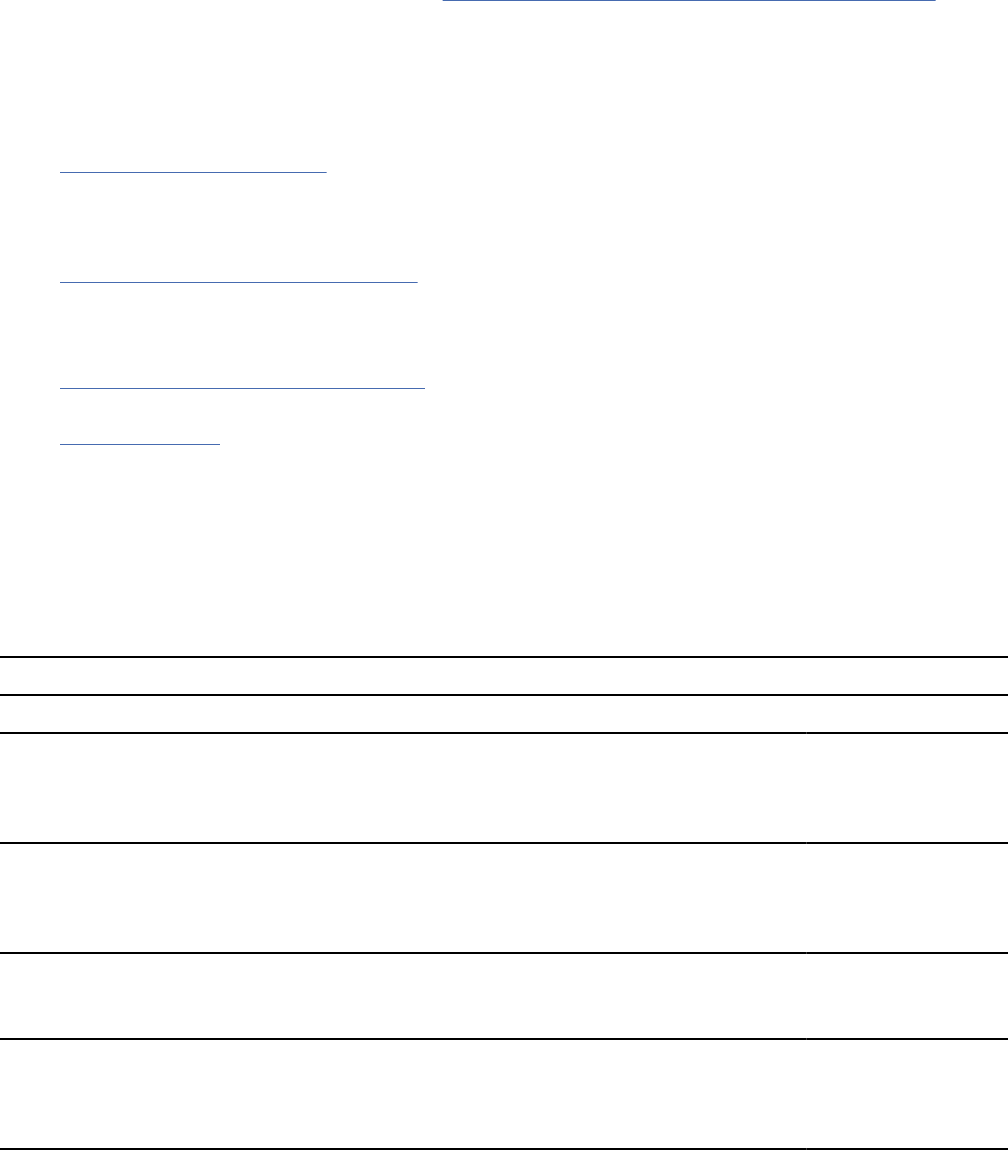
What to do next
When you use the GET DIAGNOSTICS statement, you assign the requested diagnostic information to host
variables. Declare each target host variable with a data type that is compatible with the data type of the
requested item. For more information, see “Data types for GET DIAGNOSTICS items” on page 534.
To retrieve condition information, you must rst retrieve the number of condition items (that is, the
number of errors and warnings that Db2 detected during the execution of the last SQL statement). The
number of condition items is at least one. If the last SQL statement returned SQLSTATE '00000' (or
SQLCODE 0), the number of condition items is one.
Related concepts
Handlers in an SQL procedure
If an error occurs when an SQL procedure executes, the procedure ends unless you include statements to
tell the procedure to perform some other action. These statements are called handlers.
Related reference
Data types for GET DIAGNOSTICS items
You can use the GET DIAGNOSTICS statement to request information about the statement, condition, and
connection for the last SQL statement that was executed. You must declare each target host variable with
a data type that is compatible with the data type of the requested item.
GET DIAGNOSTICS statement (Db2 SQL)
Related information
-302 (Db2 Codes)
Data types for GET DIAGNOSTICS items
You can use the GET DIAGNOSTICS statement to request information about the statement, condition, and
connection for the last SQL statement that was executed. You must declare each target host variable with
a data type that is compatible with the data type of the requested item.
The following tables specify the data types for the statement, condition, and connection information items
that you can request by using the GET DIAGNOSTICS statement.
Table 89. Data types for GET DIAGNOSTICS items that return statement information
Item Description Data type
DB2_GET_DIAGNOSTICS_DIAGNOSTICS After a GET DIAGNOSTICS
statement, if any error or warning
occurred, this item contains all of the
diagnostics as a single string.
VARCHAR(32672)
DB2_LAST_ROW After a multiple-row FETCH
statement, this item contains a value
of +100 if the last row in the table is
in the rowset that was returned.
INTEGER
DB2_NUMBER_PARAMETER_MARKERS After a PREPARE statement, this item
contains the number of parameter
markers in the prepared statement.
INTEGER
DB2_NUMBER_RESULT_SETS After a CALL statement that invokes
a stored procedure, this item
contains the number of result sets
that are returned by the procedure.
INTEGER
534Db2 12 for z/OS: Application Programming and SQL Guide (Last updated: 2024-07-30)
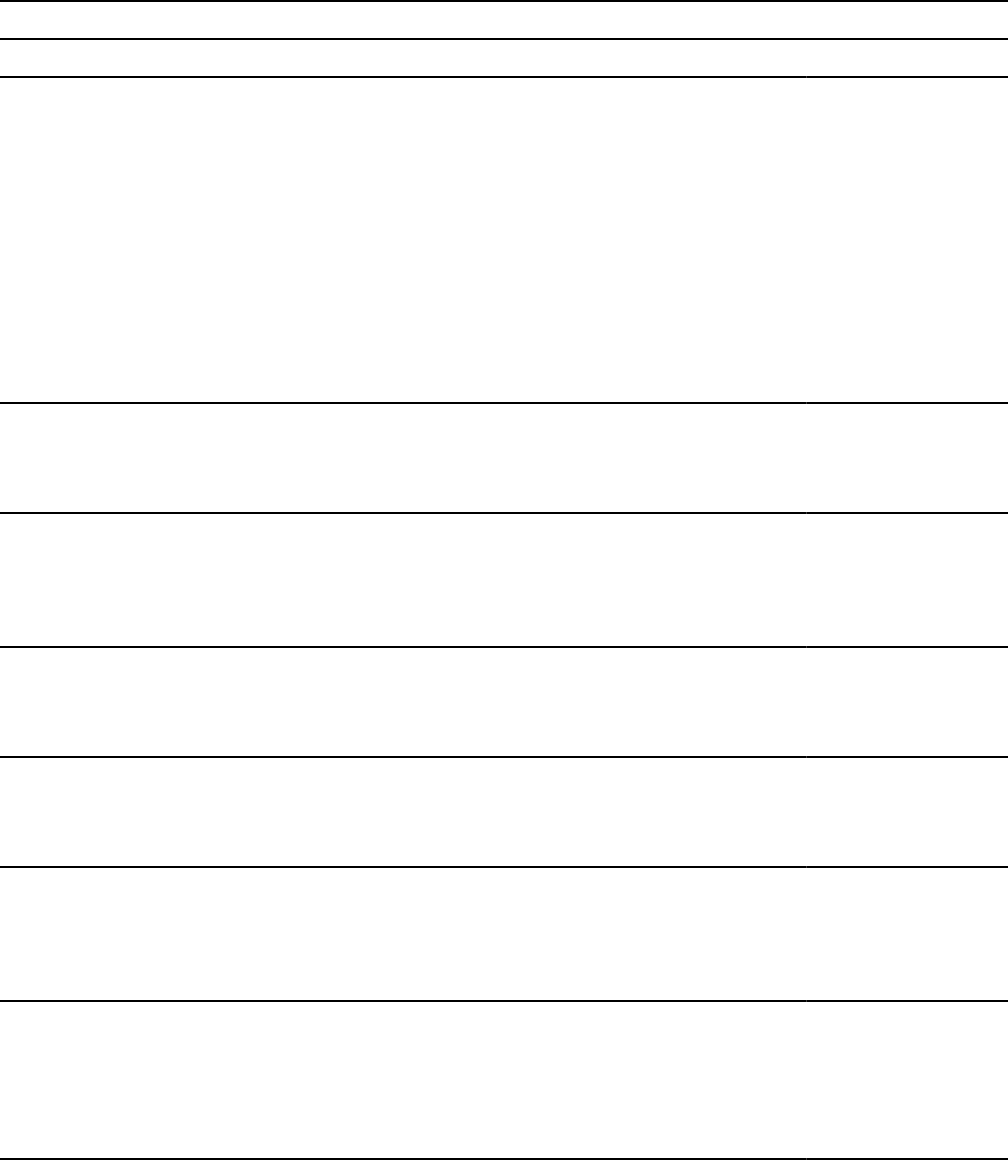
Table 89. Data types for GET DIAGNOSTICS items that return statement information (continued)
Item Description Data type
DB2_NUMBER_ROWS After an OPEN or FETCH statement
for which the size of the result table
is known, this item contains the
number of rows in the result table.
After a PREPARE statement, this
item contains the estimated number
of rows in the result table for the
prepared statement. For SENSITIVE
DYNAMIC cursors, this item contains
the approximate number of rows.
Otherwise, or if the server only
returns an SQLCA, the value zero is
returned.
DECIMAL(31,0)
DB2_RETURN_STATUS After a CALL statement that invokes
an SQL procedure, this item contains
the return status if the procedure
contains a RETURN statement.
INTEGER
DB2_SQL_ATTR_CURSOR_HOLD After an ALLOCATE or OPEN
statement, this item indicates
whether the cursor can be held open
across multiple units of work (Y or
N).
CHAR(1)
DB2_SQL_ATTR_CURSOR_ROWSET After an ALLOCATE or OPEN
statement, this item indicates
whether the cursor can use rowset
positioning (Y or N).
CHAR(1)
DB2_SQL_ATTR_CURSOR_SCROLLABLE After an ALLOCATE or OPEN
statement, this item indicates
whether the cursor is scrollable (Y or
N).
CHAR(1)
DB2_SQL_ATTR_CURSOR_SENSITIVITY After an ALLOCATE or OPEN
statement, this item indicates
whether the cursor shows updates
made by other processes (sensitivity
I or S).
CHAR(1)
DB2_SQL_ATTR_CURSOR_TYPE After an ALLOCATE or OPEN
statement, this item indicates
whether the cursor is forward (F),
declared static (S for INSENSITIVE
or SENSITIVE STATIC, or dynamic (D
for SENSITIVE DYNAMIC).
CHAR(1)
Chapter 4. Embedded SQL programming535
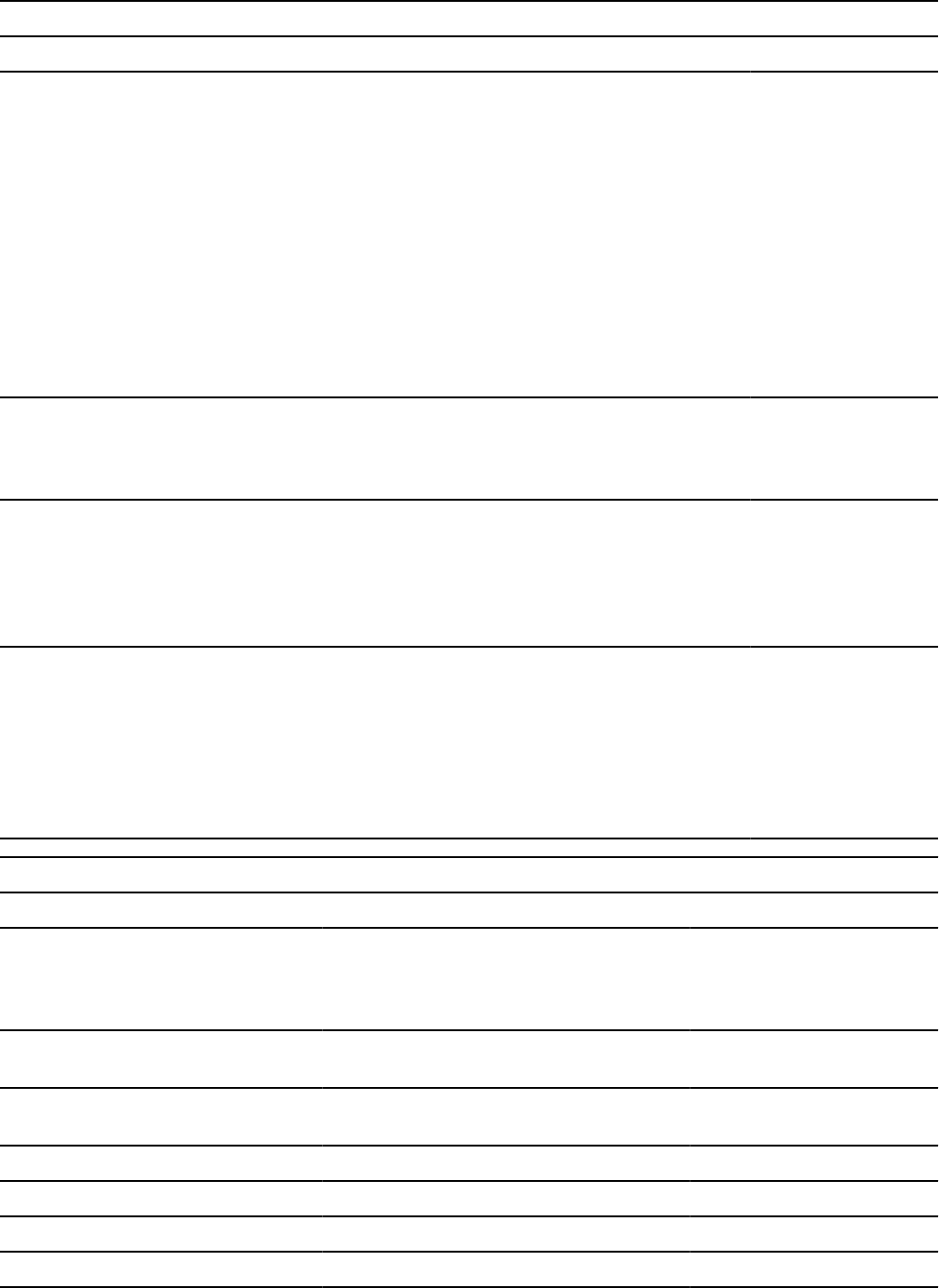
Table 89. Data types for GET DIAGNOSTICS items that return statement information (continued)
Item Description Data type
DB2_SQL_NESTING_LEVEL After a CALL statement, this item
identies the current level of nesting
or recursion in effect when the
GET DIAGNOSTICS statement was
executed. Each level of nesting
corresponds to a nested or recursive
invocation of a packaged SQL
function, packaged SQL procedure,
or trigger. If the GET DIAGNOSTICS
statement is executed outside of
a level of nesting, the value zero
is returned. When an application
connects to another server the value
is reset to zero.
INTEGER
MORE After any SQL statement, this item
indicates whether some conditions
items were discarded because of
insufcient storage (Y or N).
CHAR(1)
NUMBER After any SQL statement, this item
contains the number of condition
items. If no warning or error
occurred, or if no previous SQL
statement has been executed, the
number that is returned is 1.
INTEGER
ROW_COUNT After an insert, update, delete,
or fetch, this item contains the
number of rows that are deleted,
inserted, updated, or fetched. After
PREPARE, this item contains the
estimated number of result rows
in the prepared statement. After
TRUNCATE, it contains -1.
DECIMAL(31,0)
Table 90. Data types for GET DIAGNOSTICS items that return condition information
Item Description Data type
CATALOG_NAME This item contains the server name of the
table that owns a constraint that caused
an error, or that caused an access rule or
check violation.
VARCHAR(128)
CONDITION_NUMBER This item contains the number of the
condition.
INTEGER
CURSOR_NAME This item contains the name of a cursor in
an invalid cursor state.
VARCHAR(128)
DB2_ERROR_CODE1 This item contains an internal error code. INTEGER
DB2_ERROR_CODE2 This item contains an internal error code. INTEGER
DB2_ERROR_CODE3 This item contains an internal error code. INTEGER
DB2_ERROR_CODE4 This item contains an internal error code. INTEGER
536Db2 12 for z/OS: Application Programming and SQL Guide (Last updated: 2024-07-30)
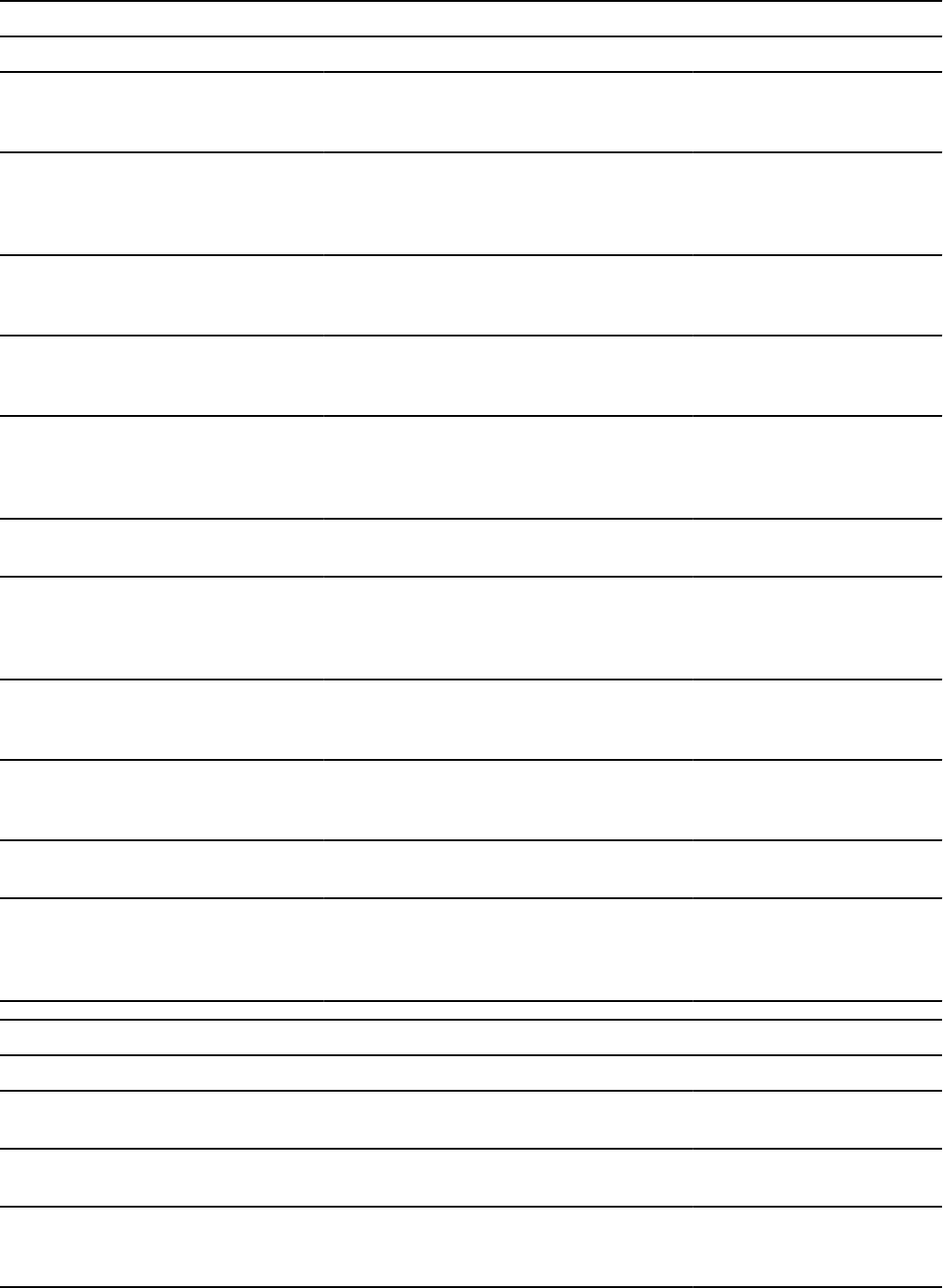
Table 90. Data types for GET DIAGNOSTICS items that return condition information (continued)
Item Description Data type
DB2_INTERNAL_ERROR_POINTER For some errors, this item contains a
negative value that is an internal error
pointer.
INTEGER
DB2_MESSAGE_ID This item contains the message ID
that corresponds to the message that
is contained in the MESSAGE_TEXT
diagnostic item.
CHAR(10)
DB2_MODULE_DETECTING_ERROR After any SQL statement, this item
indicates which module detected the
error.
CHAR(8)
DB2_ORDINAL_TOKEN_n After any SQL statement, this item
contains the nth token, where n is a value
from 1 to 100.
VARCHAR(515)
DB2_REASON_CODE After any SQL statement, this item
contains the reason code for errors that
have a reason code token in the message
text.
INTEGER
DB2_RETURNED_SQLCODE After any SQL statement, this item
contains the SQLCODE for the condition.
INTEGER
DB2_ROW_NUMBER After any SQL statement that involves
multiple rows, this item contains the
row number on which Db2 detected the
condition.
DECIMAL(31,0)
DB2_TOKEN_COUNT After any SQL statement, this item
contains the number of tokens available
for the condition.
INTEGER
MESSAGE_TEXT After any SQL statement, this item
contains the message text associated with
the SQLCODE.
VARCHAR(32672)
RETURNED_SQLSTATE After any SQL statement, this item
contains the SQLSTATE for the condition.
CHAR(5)
SERVER_NAME After a CONNECT, DISCONNECT, or
SET CONNECTION statement, this item
contains the name of the server specied
in the statement.
VARCHAR(128)
Table 91. Data types for GET DIAGNOSTICS items that return connection information
Item Description Data type
DB2_AUTHENTICATION_TYPE This item contains the authentication type
(S, C, D, E, or blank).
CHAR(1)
DB2_AUTHORIZATION_ID This item contains the authorization ID
that is used by the connected server.
VARCHAR(128)
DB2_CONNECTION_STATE This item indicates whether the
connection is unconnected (-1), local (0),
or remote (1).
INTEGER
Chapter 4. Embedded SQL programming537
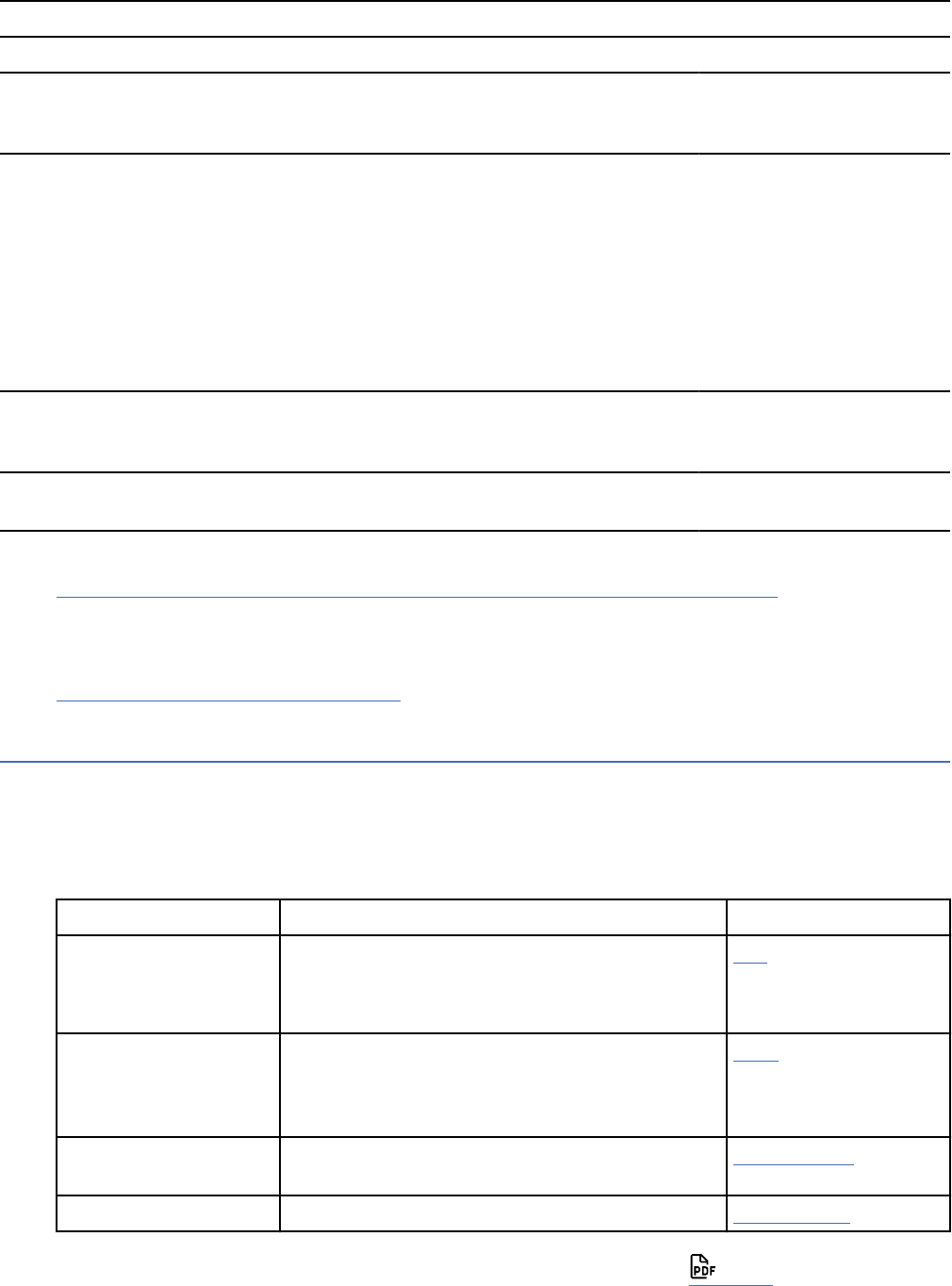
Table 91. Data types for GET DIAGNOSTICS items that return connection information (continued)
Item Description Data type
DB2_CONNECTION_STATUS This item indicates whether updates can
be committed for the current unit of work
(1 for Yes, 2 for No).
INTEGER
DB2_ENCRYPTION_TYPE This item contains one of the following
values that indicates the level of
encryption for the connection:
A
Only the authentication tokens (authid
and password) are encrypted
D
All of the data for the connection is
encrypted
CHAR(1)
DB2_SERVER_CLASS_NAME After a CONNECT or SET CONNECTION
statement, this item contains the Db2
server class name.
VARCHAR(128)
DB2_PRODUCT_ID This item contains the Db2 product
signature.
VARCHAR(8)
Related tasks
Checking the execution of SQL statements by using the GET DIAGNOSTICS statement
One way to check whether an SQL statement executed successfully is to ask Db2 to return the diagnostic
information about the last executed SQL statement.
Related reference
GET DIAGNOSTICS statement (Db2 SQL)
Handling SQL error codes
Application programs can request more information about SQL error codes from Db2.
About this task
The SQLCODE value is set by Db2 after each statement is executed, as shown in the following table.
SQLCODE value
Meaning SQLCODE descriptions
SQLCODE = 0 Successful execution, if SQLWARN0 is blank.
If SQLWARN0 = 'W', successful execution with
warning.
000
SQLCODE = 100 No data was found. For example, a FETCH
statement returned no data because the cursor
was positioned after the last row of the result
table.
+100
SQLCODE > 0 and not =
100
Successful execution with a warning. +sqlcode-num
SQLCODE < 0 Execution was not successful. -sqlcode-num
For PDF format descriptions of the SQL codes that Db2 12 might issue, see Codes.
538
Db2 12 for z/OS: Application Programming and SQL Guide (Last updated: 2024-07-30)

Procedure
To handle SQL error codes from host-language application programs, take action based on the
programming language that you use, as described in the following topics.
• “Handling SQL error codes in assembler applications” on page 570
• “Handling SQL error codes in C and C++ applications” on page 618
• “Handling SQL error codes in Cobol applications” on page 684
• “Handling SQL error codes in Fortran applications” on page 693
• “Handling SQL error codes in PL/I applications” on page 703
• “Handling SQL error codes in REXX applications” on page 752
Related tasks
Displaying SQLCA elds by calling DSNTIAR
If you use the SQLCA to check whether an SQL statement executed successfully, your program needs to
read the data in the appropriate SQLCA elds. One easy way to read these elds is to use the assembler
subroutine DSNTIAR.
Checking the execution of SQL statements by using the GET DIAGNOSTICS statement
One way to check whether an SQL statement executed successfully is to ask Db2 to return the diagnostic
information about the last executed SQL statement.
Related reference
GET DIAGNOSTICS statement (Db2 SQL)
Arithmetic and conversion errors
You can track arithmetic and conversion errors by using indicator variables. An indicator variable contains
a small integer value that indicates some information about the associated host variable.
Numeric or character conversion errors or arithmetic expression errors can set an indicator variable to
-2. For example, division by zero and arithmetic overflow do not necessarily halt the execution of a
SELECT statement. If you use indicator variables and an error occurs in the SELECT list, the statement can
continue to execute and return good data for rows in which the error does not occur.
For rows in which a conversion or arithmetic expression error does occur, the indicator variable indicates
that one or more selected items have no meaningful value. The indicator variable flags this error with a -2
for the affected host variable and an SQLCODE of +802 (SQLSTATE '01519') in the SQLCA.
Writing applications that enable users to create and modify tables
You can write a Db2 application that enables users to create new tables, add columns to them, increase
the length of columns, rearrange the columns, and drop columns.
Procedure
To create new tables:
• Use the CREATE TABLE statement.
To add columns or increase the length of columns:
• Use the ALTER TABLE statement with the ADD COLUMN clause or the ALTER COLUMN clause.
Added columns initially contain either the null value or a default value. Both CREATE TABLE and ALTER
TABLE, like any data denition statement, are relatively expensive to execute. Also consider the effects
of locks.
To drop columns:
• Use the ALTER TABLE statement with the DROP COLUMN clause.
Dropping a column from a table is a pending-denition change unless the table space is dened with
the DEFINE NO option. The column is not removed from the table until the REORG utility is run on
Chapter 4. Embedded SQL programming
539

the table space. If you are planning on dropping a column from a table in addition to making other
changes to the table, make all changes that take effect immediately, prior to issuing the ALTER TABLE
statement with the DROP COLUMN clause.
To rearrange columns:
• Drop the table and create the table again, with the columns you want, in the order you want.
Consider creating a view on the table, which includes only the columns that you want, in the order that
you want, as an alternative to redening the table.
Related tasks
Including dynamic SQL in your program
Dynamic SQL is prepared and executed while the program is running.
Related reference
ALTER TABLE statement (Db2 SQL)
CREATE TABLE statement (Db2 SQL)
CREATE VIEW statement (Db2 SQL)
Saving SQL statements that are translated from user requests
If your program translates requests from users into SQL statements and allows users to save their
requests, your program can improve performance by saving those translated statements.
About this task
A program translates requests from users into SQL statements before executing them, and users can save
a request.
Procedure
Save the corresponding SQL statements in a table with a column having a data type of VARCHAR(n),
where n is the maximum length of any SQL statement.
You must save the source SQL statements, not the prepared versions. That means that you must retrieve
and then prepare each statement before executing the version stored in the table. In essence, your
program prepares an SQL statement from a character string and executes it dynamically.
Related tasks
Including dynamic SQL in your program
Dynamic SQL is prepared and executed while the program is running.
XML data in embedded SQL applications
Embedded SQL applications that are written in assembler language, C, C++, COBOL, or PL/I can update
and retrieve data in XML columns.
In embedded SQL applications, you can:
• Store an entire XML document in an XML column using INSERT or UPDATE statements.
• Retrieve an entire XML document from an XML column using SELECT statements.
• Retrieve a sequence from a document in an XML column by using the SQL XMLQUERY function within
a SELECT or FETCH statement, to retrieve the sequence into a textual XML string in the database, and
then retrieve the data into an application variable.
Recommendation: Follow these guidelines when you write embedded SQL applications:
• Avoid using the XMLPARSE and XMLSERIALIZE functions.
Let Db2 do the conversions between the external and internal XML formats implicitly.
• Use XML host variables for input and output.
540
Db2 12 for z/OS: Application Programming and SQL Guide (Last updated: 2024-07-30)
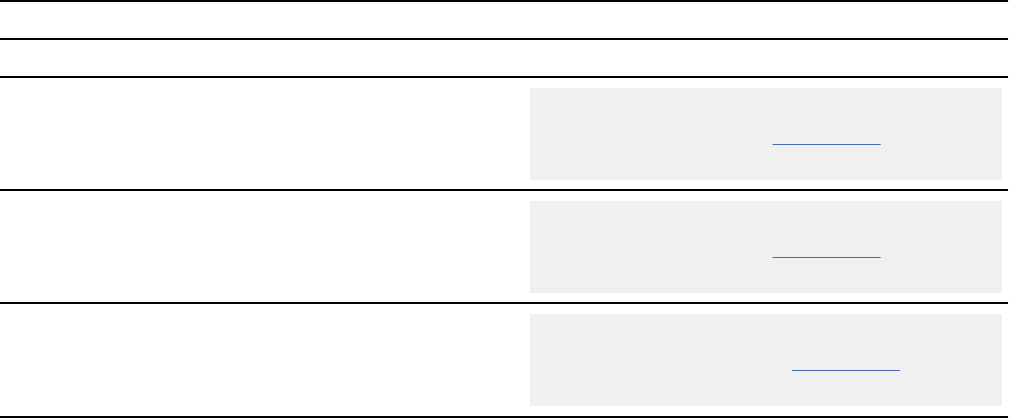
Doing so allows Db2 to process values as XML data instead of character or binary string data. If
the application cannot use XML host variables, it should use binary string host variables to minimize
character conversion issues.
• Avoid character conversion by using UTF-8 host variables for input and output of XML values whenever
possible.
Host variable data types for XML data in embedded SQL applications
Db2 provides XML host variable types for assembler, C, C++, COBOL, and PL/I.
Those types are:
• XML AS BLOB
• XML AS CLOB
• XML AS DBCLOB
• XML AS BLOB_FILE (C, C++, or PL/I) or XML AS BLOB-FILE (COBOL)
• XML AS CLOB_FILE (C, C++, or PL/I) or XML AS CLOB-FILE (COBOL)
• XML AS DBCLOB_FILE (C, C++, or PL/I) or XML AS DBCLOB-FILE (COBOL)
The XML host variable types are compatible only with the XML column data type.
You can use BLOB, CLOB, DBCLOB, CHAR, VARCHAR, GRAPHIC, VARGRAPHIC, BINARY, or VARBINARY
host variables to update XML columns. You can convert the host variable data types to the XML type using
the XMLPARSE function, or you can let the Db2 database server perform the conversion implicitly.
You can use BLOB, CLOB, DBCLOB, CHAR, VARCHAR, GRAPHIC, VARGRAPHIC, BINARY, or VARBINARY
host variables to retrieve data from XML columns. You can convert the XML data to the host variable
type using the XMLSERIALIZE function, or you can let the Db2 database server perform the conversion
implicitly.
The following examples show you how to declare XML host variables in each supported language. In
each table, the left column contains the declaration that you code in your application program. The right
column contains the declaration that Db2 generates.
Declarations of XML host variables in assembler
The following table shows assembler language declarations for some typical XML types.
Table 92. Example of assembler XML variable declarations
You declare this variable Db2 generates this variable
BLOB_XML SQL TYPE IS XML AS BLOB 1M
BLOB_XML DS 0FL4
BLOB_XML_LENGTH DS FL4
BLOB_XML_DATA DS CL65535
“1” on page 542
ORG *+(983041)
CLOB_XML SQL TYPE IS XML AS CLOB 40000K
CLOB_XML DS 0FL4
CLOB_XML_LENGTH DS FL4
CLOB_XML_DATA DS CL65535
“1” on page 542
ORG *+(40894465)
DBCLOB_XML SQL TYPE IS XML AS DBCLOB 4000K
DBCLOB_XML DS 0FL4
DBCLOB_XML_LENGTH DS FL4
DBCLOB_XML_DATA DS GL65534
“2” on page 542
ORG *+(4030466)
Chapter 4. Embedded SQL programming541
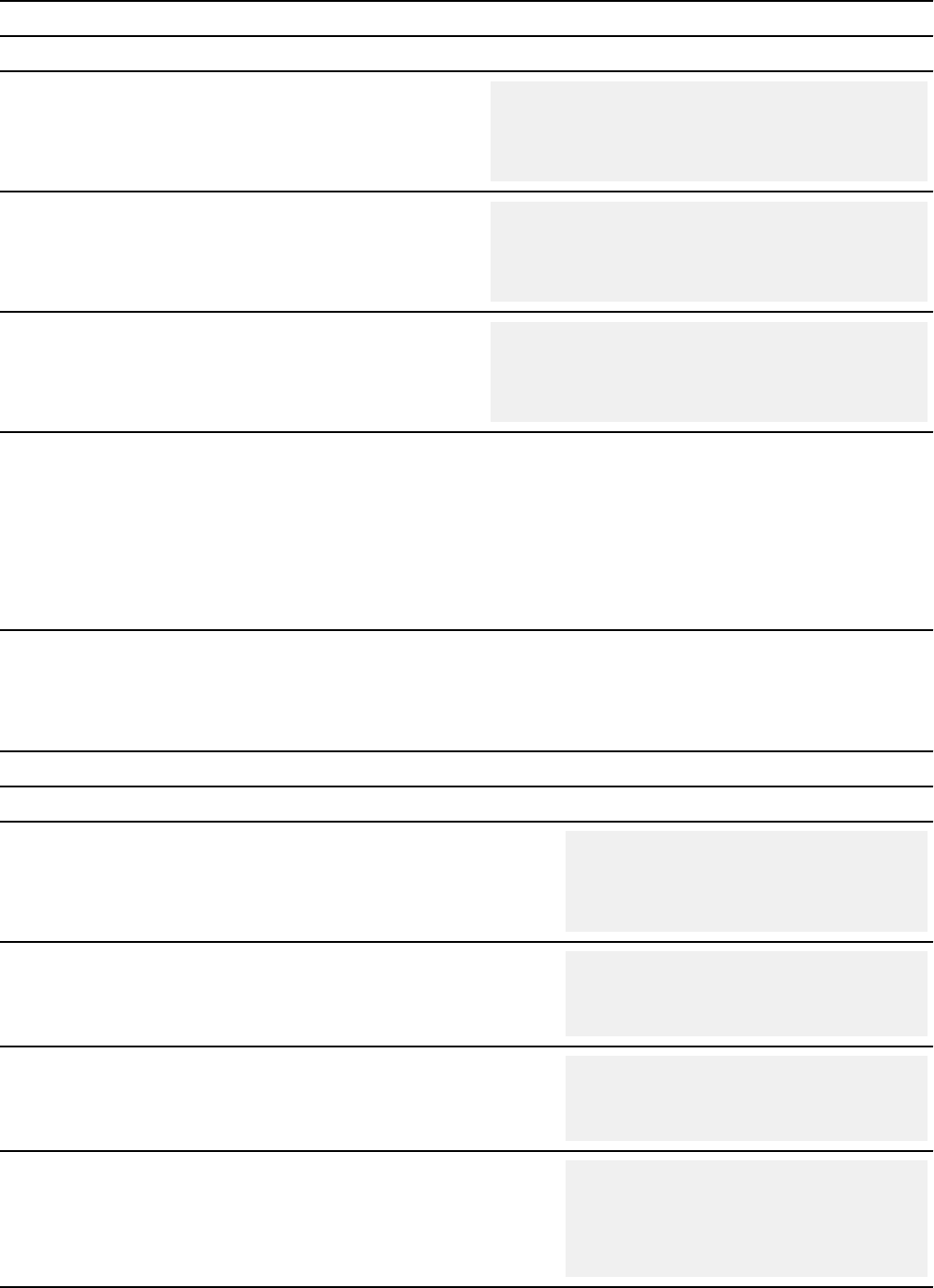
Table 92. Example of assembler XML variable declarations (continued)
You declare this variable Db2 generates this variable
BLOB_XML_FILE SQL TYPE IS XML AS BLOB_FILE
BLOB_XML_FILE DS 0FL4
BLOB_XML_FILE_NAME_LENGTH DS FL4
BLOB_XML_FILE_DATA_LENGTH DS FL4
BLOB_XML_FILE_FILE_OPTIONS DS FL4
BLOB_XML_FILE_NAME DS CL255
CLOB_XML_FILE SQL TYPE IS XML AS CLOB_FILE
CLOB_XML_FILE DS 0FL4
CLOB_XML_FILE_NAME_LENGTH DS FL4
CLOB_XML_FILE_DATA_LENGTH DS FL4
CLOB_XML_FILE_FILE_OPTIONS DS FL4
CLOB_XML_FILE_NAME DS CL255
DBCLOB_XML_FILE SQL TYPE IS XML AS
DBCLOB_FILE
DBCLOB_XML_FILE DS 0FL4
DBCLOB_XML_FILE_NAME_LENGTH DS FL4
DBCLOB_XML_FILE_DATA_LENGTH DS FL4
DBCLOB_XML_FILE_FILE_OPTIONS DS FL4
DBCLOB_XML_FILE_NAME DS CL255
Notes:
1. Because assembler language allows character declarations of no more than 65535 bytes, Db2 separates
the host language declarations for XML AS BLOB and XML AS CLOB host variables that are longer than
65535 bytes into two parts.
2. Because assembler language allows graphic declarations of no more than 65534 bytes, Db2 separates the
host language declarations for XML AS DBCLOB host variables that are longer than 65534 bytes into two
parts.
Declarations of XML host variables in C and C++
The following table shows C and C++ language declarations that are generated by the Db2 precompiler for
some typical XML types. The declarations that the Db2 coprocessor generates might be different.
Table 93. Examples of C language variable declarations
You declare this variable Db2 generates this variable
SQL TYPE IS XML AS BLOB (1M) blob_xml;
struct
{ unsigned long length;
char data??(1048576??);
} blob_xml;
SQL TYPE IS XML AS CLOB(40000K) clob_xml;
struct
{ unsigned long length;
char data??(40960000??);
} clob_xml;
SQL TYPE IS XML AS DBCLOB (4000K) dbclob_xml;
struct
{ unsigned long length;
unsigned short data??(4096000??);
} dbclob_xml;
SQL TYPE IS XML AS BLOB_FILE blob_xml_file;
struct {
unsigned long name_length;
unsigned long data_length;
unsigned long file_options;
char name??(255??);
} blob_xml_file;
542Db2 12 for z/OS: Application Programming and SQL Guide (Last updated: 2024-07-30)
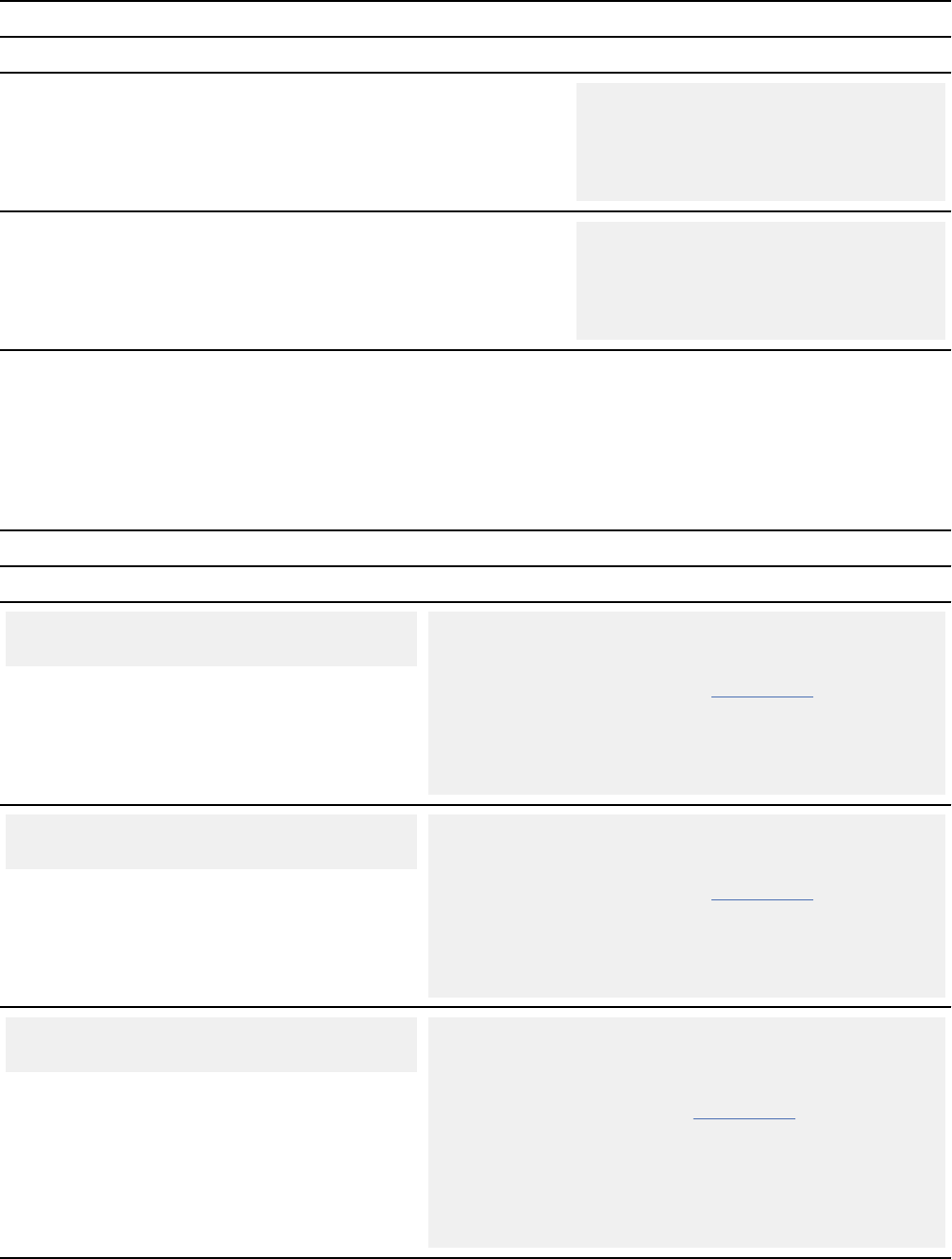
Table 93. Examples of C language variable declarations (continued)
You declare this variable Db2 generates this variable
SQL TYPE IS XML AS CLOB_FILE clob_xml_file;
struct {
unsigned long name_length;
unsigned long data_length;
unsigned long file_options;
char name??(255??);
} clob_xml_file;
SQL TYPE IS XML AS DBCLOB_FILE dbclob_xml_file;
struct {
unsigned long name_length;
unsigned long data_length;
unsigned long file_options;
char name??(255??);
} dbclob_xml_file;
Declarations of XML host variables in COBOL
The declarations that are generated for COBOL differ, depending on whether you use the Db2 precompiler
or the Db2 coprocessor.
The following table shows COBOL declarations that the Db2 precompiler generates for some typical XML
types.
Table 94. Examples of COBOL variable declarations by the Db2 precompiler
You declare this variable Db2 precompiler generates this variable
01 BLOB-XML USAGE IS
SQL TYPE IS XML AS BLOB(1M).
01 BLOB-XML.
02 BLOB-XML-LENGTH
PIC 9(9) COMP.
02 BLOB-XML-DATA.
49 FILLER PIC X(32767).
“1” on page 544
49 FILLER PIC X(32767).
Repeat 30 times
⋮
49 FILLER
PIC X(1048576-32*32767).
01 CLOB-XML USAGE IS
SQL TYPE IS XML AS CLOB(40000K).
01 CLOB-XML.
02 CLOB-XML-LENGTH
PIC 9(9) COMP.
02 CLOB-XML-DATA.
49 FILLER PIC X(32767).
“1” on page 544
49 FILLER PIC X(32767).
Repeat 1248 times
⋮
49 FILLER
PIC X(40960000-1250*32767).
01 DBCLOB-XML USAGE IS
SQL TYPE IS XML AS DBCLOB(4000K).
01 DBCLOB-XML.
02 DBCLOB-XML-LENGTH
PIC 9(9) COMP.
02 DBCLOB-XML-DATA.
49 FILLER PIC G(32767)
USAGE DISPLAY-1.
“2” on page 544
49 FILLER PIC G(32767)
USAGE DISPLAY-1.
Repeat 123 times
⋮
49 FILLER
PIC G(4096000-125*32767)
USAGE DISPLAY-1.
Chapter 4. Embedded SQL programming543
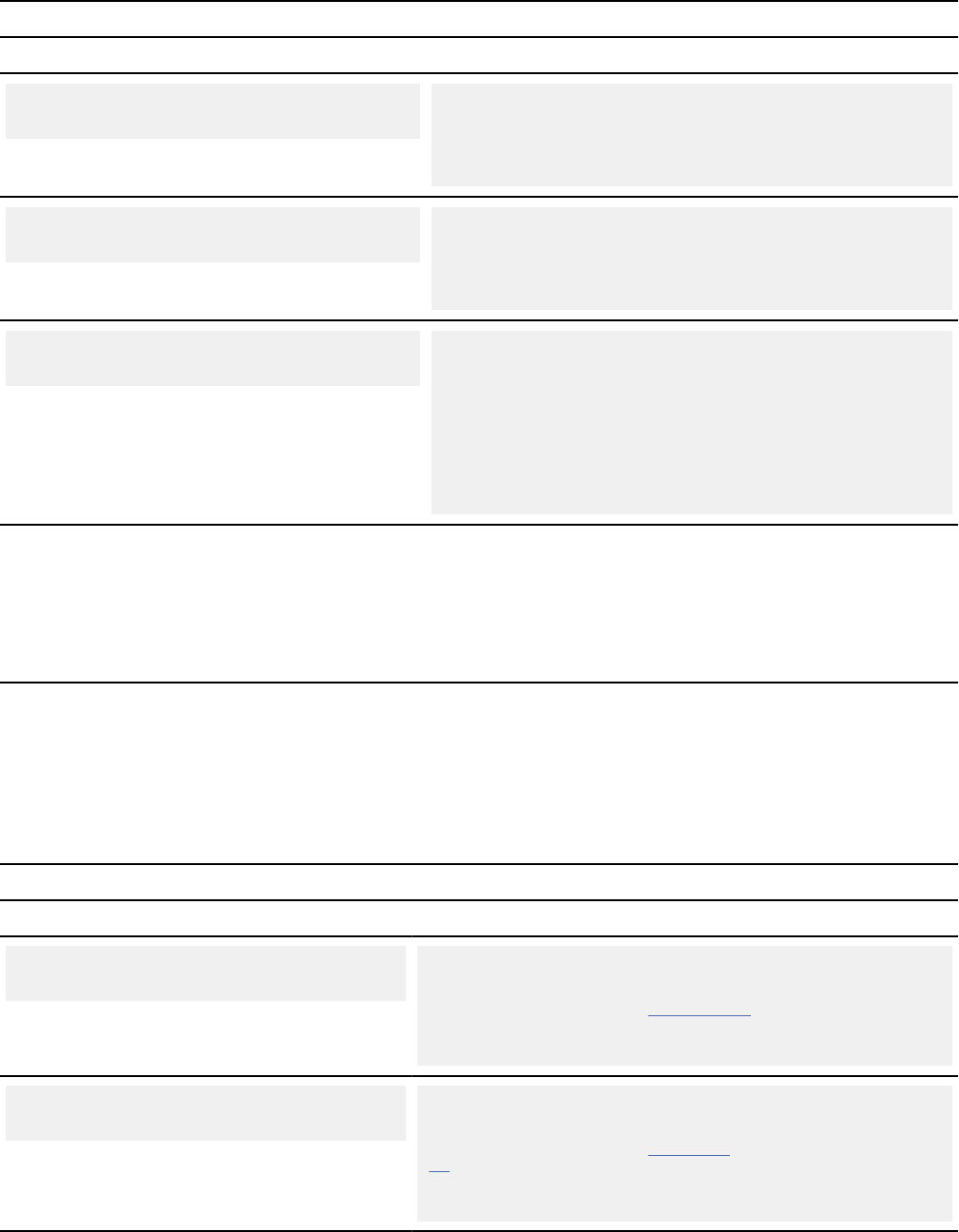
Table 94. Examples of COBOL variable declarations by the Db2 precompiler (continued)
You declare this variable Db2 precompiler generates this variable
01 BLOB-XML-FILE USAGE IS SQL
TYPE IS XML AS BLOB-FILE.
01 BLOB-XML-FILE.
49 BLOB-XML-FILE-NAME-LENGTH PIC S9(9) COMP-5 SYNC.
49 BLOB-XML-FILE-DATA-LENGTH PIC S9(9) COMP-5.
49 BLOB-XML-FILE-FILE-OPTION PIC S9(9) COMP-5.
49 BLOB-XML-FILE-NAME PIC X(255).
01 CLOB-XML-FILE USAGE IS SQL
TYPE IS XML AS CLOB-FILE.
01 CLOB-XML-FILE.
49 CLOB-XML-FILE-NAME-LENGTH PIC S9(9) COMP-5 SYNC.
49 CLOB-XML-FILE-DATA-LENGTH PIC S9(9) COMP-5.
49 CLOB-XML-FILE-FILE-OPTION PIC S9(9) COMP-5.
49 CLOB-XML-FILE-NAME PIC X(255).
01 DBCLOB-XML-FILE USAGE IS SQL
TYPE IS XML AS DBCLOB-FILE.
01 DBCLOB-XML-
FILE.
49 DBCLOB-XML-FILE-NAME-LENGTH PIC S9(9) COMP-5
SYNC.
49 DBCLOB-XML-FILE-DATA-LENGTH PIC S9(9)
COMP-5.
49 DBCLOB-XML-FILE-FILE-OPTION PIC S9(9)
COMP-5.
49 DBCLOB-XML-FILE-NAME PIC
X(255).
Notes:
1. For XML AS BLOB or XML AS CLOB host variables that are greater than 32767 bytes in length, Db2 creates
multiple host language declarations of 32767 or fewer bytes.
2. For XML AS DBCLOB host variables that are greater than 32767 double-byte characters in length, Db2
creates multiple host language declarations of 32767 or fewer double-byte characters.
Declarations of XML host variables in PL/I
The declarations that are generated for PL/I differ, depending on whether you use the Db2 precompiler or
the Db2 coprocessor.
The following table shows PL/I declarations that the Db2 precompiler generates for some typical XML
types.
Table 95. Examples of PL/I variable declarations
You declare this variable Db2 precompiler generates this variable
DCL BLOB_XML
SQL TYPE IS XML AS BLOB (1M);
DCL
1 BLOB_XML,
2 BLOB_XML_LENGTH BIN FIXED(31),
2 BLOB_XML_DATA,
“1” on page 546
3 BLOB_XML_DATA1 (32) CHAR(32767),
3 BLOB_XML_DATA2 CHAR(32);
DCL CLOB_XML
SQL TYPE IS XML AS CLOB (40000K);
DCL
1 CLOB_XML,
2 CLOB_XML_LENGTH BIN FIXED(31),
2 CLOB_XML_DATA,
“1” on page
546
3 CLOB_XML_DATA1 (1250) CHAR(32767),
3 CLOB_XML_DATA2 CHAR(1250);
544Db2 12 for z/OS: Application Programming and SQL Guide (Last updated: 2024-07-30)
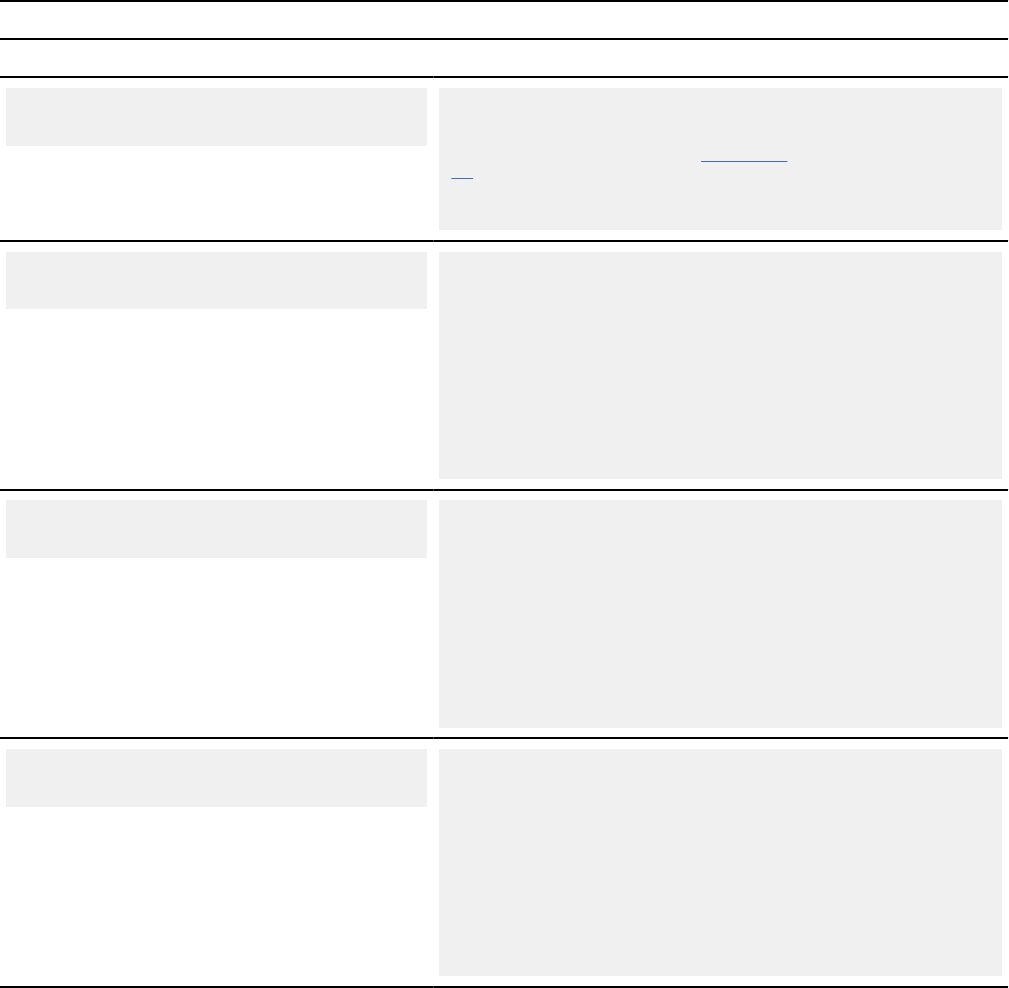
Table 95. Examples of PL/I variable declarations (continued)
You declare this variable Db2 precompiler generates this variable
DCL DBCLOB_XML
SQL TYPE IS XML AS DBCLOB (4000K);
DCL
1 DBCLOB_XML,
2 DBCLOB_XML_LENGTH BIN FIXED(31),
2 DBCLOB_XML_DATA,
“2” on page
546
3 DBCLOB_XML_DATA1 (250 ) GRAPHIC(16383),
3 DBCLOB_XML_DATA2 GRAPHIC(250);
DCL BLOB_XML_FILE
SQL TYPE IS XML AS BLOB_FILE;
DCL
1
BLOB_XML_FILE,
2 BLOB_XML_FILE_NAME_LENGTH BIN FIXED(31)
ALIGNED,
2 BLOB_XML_FILE_DATA_LENGTH BIN
FIXED(31),
2 BLOB_XML_FILE_FILE_OPTIONS BIN
FIXED(31),
2 BLOB_XML_FILE_NAME
CHAR(255);
DCL CLOB_XML_FILE
SQL TYPE IS XML AS CLOB_FILE;
DCL
1
CLOB_XML_FILE,
2 CLOB_XML_FILE_NAME_LENGTH BIN FIXED(31)
ALIGNED,
2 CLOB_XML_FILE_DATA_LENGTH BIN
FIXED(31),
2 CLOB_XML_FILE_FILE_OPTIONS BIN
FIXED(31),
2 CLOB_XML_FILE_NAME
CHAR(255);
DCL DBCLOB_XML_FILE SQL TYPE IS XML AS
DBCLOB_FILE;
DCL
1
DBCLOB_XML_FILE,
2 DBCLOB_XML_FILE_NAME_LENGTH BIN FIXED(31)
ALIGNED,
2 DBCLOB_XML_FILE_DATA_LENGTH BIN
FIXED(31),
2 DBCLOB_XML_FILE_FILE_OPTIONS BIN
FIXED(31),
2 DBCLOB_XML_FILE_NAME
CHAR(255);
Chapter 4. Embedded SQL programming545
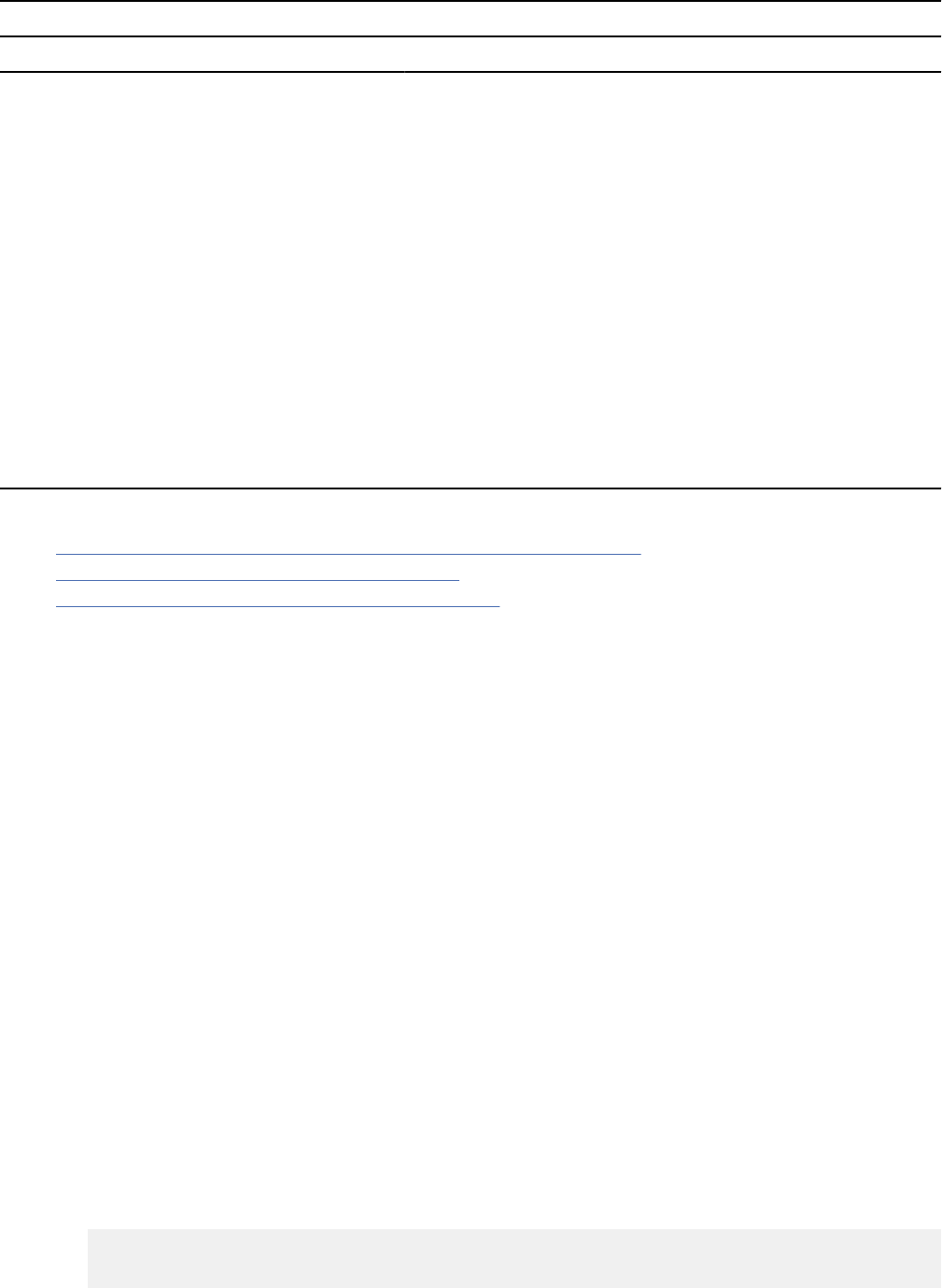
Table 95. Examples of PL/I variable declarations (continued)
You declare this variable Db2 precompiler generates this variable
Notes:
1. For XML AS BLOB or XML AS CLOB host variables that are greater than 32767 bytes in length, Db2 creates
host language declarations in the following way:
• If the length of the XML is greater than 32767 bytes and evenly divisible by 32767, Db2 creates an array
of 32767-byte strings. The dimension of the array is length/32767.
• If the length of the XML is greater than 32767 bytes but not evenly divisible by 32767, Db2 creates
two declarations: The rst is an array of 32767 byte strings, where the dimension of the array, n, is
length/32767. The second is a character string of length length-n*32767.
2. For XML AS DBCLOB host variables that are greater than 16383 double-byte characters in length, Db2
creates host language declarations in the following way:
• If the length of the XML is greater than 16383 characters and evenly divisible by 16383, Db2 creates an
array of 16383-character strings. The dimension of the array is length/16383.
• If the length of the XML is greater than 16383 characters but not evenly divisible by 16383, Db2 creates
two declarations: The rst is an array of 16383 byte strings, where the dimension of the array, m, is
length/16383. The second is a character string of length length-m*16383.
Related concepts
Insertion of rows with XML column values (Db2 Programming for XML)
Retrieving XML data (Db2 Programming for XML)
Updates of XML columns (Db2 Programming for XML)
XML column updates in embedded SQL applications
When you update or insert data into XML columns of a Db2 table, the input data must be in the textual
XML format.
The encoding of XML data can be derived from the data itself, which is known as internally encoded
data, or from external sources, which is known as externally encoded data. XML data that is sent to the
database server as binary data is treated as internally encoded data. XML data that is sent to the database
server as character data is treated as externally encoded data.
Externally encoded data can have internal encoding. That is, the data might be sent to the database
server as character data, but the data contains encoding information. Db2 does not enforce consistency
of the internal and external encoding. When the internal and external encoding information differs, the
external encoding takes precedence. However, if there is a difference between the external and internal
encoding, intervening character conversion might have occurred on the data, and there might be data
loss.
Character data in XML columns is stored in UTF-8 encoding. The database server handles conversion of
the data from its internal or external encoding to UTF-8.
The following examples demonstrate how to update XML columns in assembler, C, COBOL, and PL/I
applications. The examples use a table named MYCUSTOMER, which is a copy of the sample CUSTOMER
table.
Example
The following example shows an assembler program that inserts data from XML AS BLOB, XML AS
CLOB, and CLOB host variables into an XML column. The XML AS BLOB data is inserted as binary data,
so the database server honors the internal encoding. The XML AS CLOB and CLOB data is inserted as
character data, so the database server honors the external encoding.
**********************************************************************
* UPDATE AN XML COLUMN WITH DATA IN AN XML AS CLOB HOST VARIABLE *
**********************************************************************
546
Db2 12 for z/OS: Application Programming and SQL Guide (Last updated: 2024-07-30)
EXEC SQL +
UPDATE MYCUSTOMER +
SET INFO = :XMLBUF +
WHERE CID = 1000
**********************************************************************
* UPDATE AN XML COLUMN WITH DATA IN AN XML AS BLOB HOST VARIABLE *
**********************************************************************
EXEC SQL +
UPDATE MYCUSTOMER +
SET INFO = :XMLBLOB +
WHERE CID = 1000
**********************************************************************
* UPDATE AN XML COLUMN WITH DATA IN A CLOB HOST VARIABLE. USE *
* THE XMLPARSE FUNCTION TO CONVERT THE DATA TO THE XML TYPE. *
**********************************************************************
EXEC SQL +
UPDATE MYCUSTOMER +
SET INFO = XMLPARSE(DOCUMENT :CLOBBUF) +
WHERE CID = 1000
…
LTORG
******************************
* HOST VARIABLE DECLARATIONS *
******************************
XMLBUF SQL TYPE IS XML AS CLOB 10K
XMLBLOB SQL TYPE IS XML AS BLOB 10K
CLOBBUF SQL TYPE IS CLOB 10K
Example
The following example shows a C language program that inserts data from XML AS BLOB, XML AS
CLOB, and CLOB host variables into an XML column. The XML AS BLOB data is inserted as binary data,
so the database server honors the internal encoding. The XML AS CLOB and CLOB data is inserted as
character data, so the database server honors the external encoding.
/******************************/
/* Host variable declarations */
/******************************/
EXEC SQL BEGIN DECLARE SECTION;
SQL TYPE IS XML AS CLOB( 10K ) xmlBuf;
SQL TYPE IS XML AS BLOB( 10K ) xmlblob;
SQL TYPE IS CLOB( 10K ) clobBuf;
EXEC SQL END DECLARE SECTION;
/******************************************************************/
/* Update an XML column with data in an XML AS CLOB host variable */
/******************************************************************/
EXEC SQL UPDATE MYCUSTOMER SET INFO = :xmlBuf where CID = 1000;
/******************************************************************/
/* Update an XML column with data in an XML AS BLOB host variable */
/******************************************************************/
EXEC SQL UPDATE MYCUSTOMER SET INFO = :xmlblob where CID = 1000;
/******************************************************************/
/* Update an XML column with data in a CLOB host variable. Use */
/* the XMLPARSE function to convert the data to the XML type. */
/******************************************************************/
EXEC SQL UPDATE MYCUSTOMER SET INFO = XMLPARSE(DOCUMENT :clobBuf) where CID = 1000;
Example
The following example shows a COBOL program that inserts data from XML AS BLOB, XML AS CLOB,
and CLOB host variables into an XML column. The XML AS BLOB data is inserted as binary data, so
the database server honors the internal encoding. The XML AS CLOB and CLOB data is inserted as
character data, so the database server honors the external encoding.
******************************
* Host variable declarations *
******************************
01 XMLBUF USAGE IS SQL TYPE IS XML as CLOB(10K).
01 XMLBLOB USAGE IS SQL TYPE IS XML AS BLOB(10K).
01 CLOBBUF USAGE IS SQL TYPE IS CLOB(10K).
*******************************************************************
* Update an XML column with data in an XML AS CLOB host variable *
*******************************************************************
EXEC SQL UPDATE MYCUSTOMER SET INFO = :XMLBUF where CID = 1000.
*******************************************************************
* Update an XML column with data in an XML AS BLOB host variable *
*******************************************************************
EXEC SQL UPDATE MYCUSTOMER SET INFO = :XMLBLOB where CID = 1000.
Chapter 4. Embedded SQL programming
547
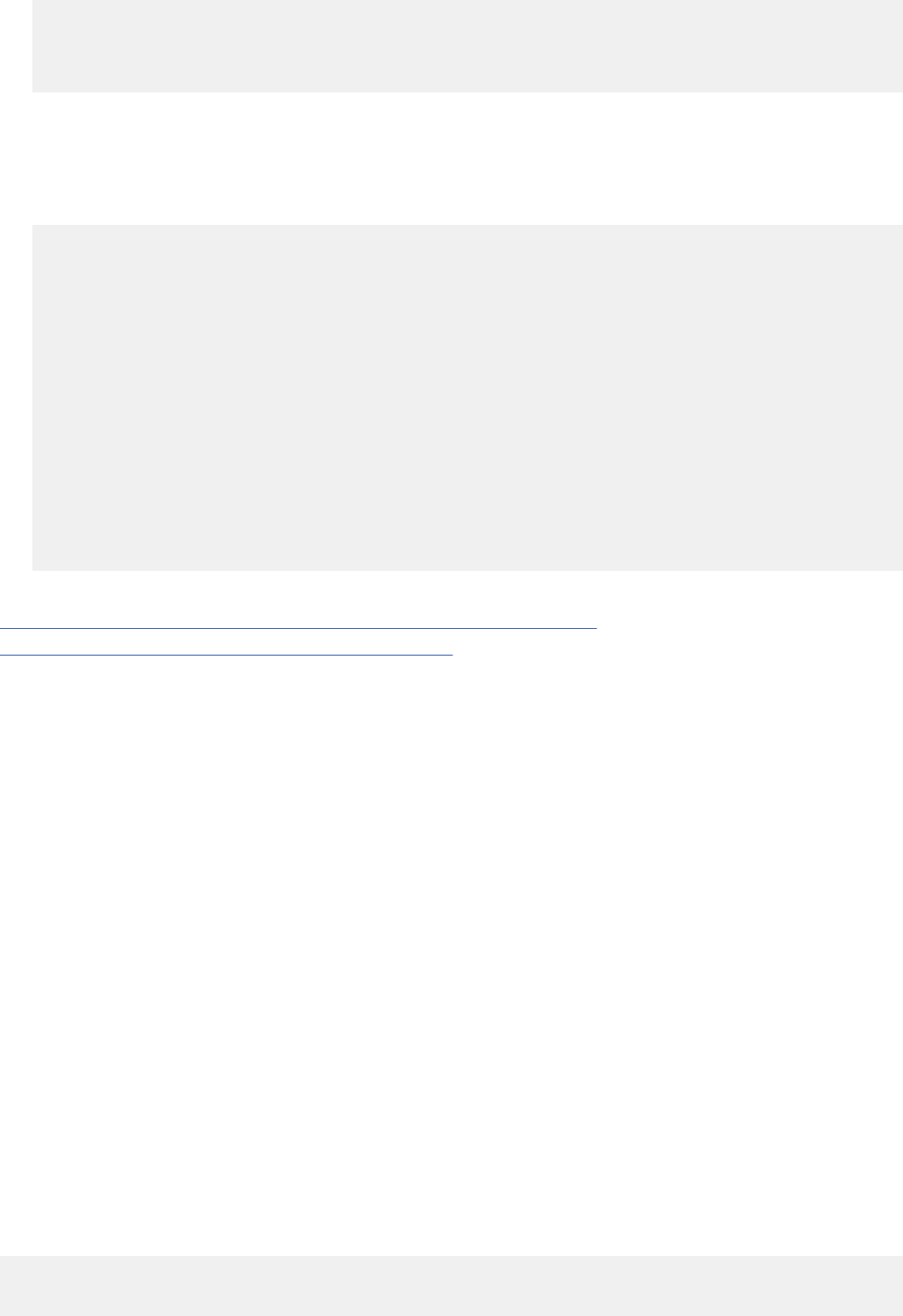
*******************************************************************
* Update an XML column with data in a CLOB host variable. Use *
* the XMLPARSE function to convert the data to the XML type. *
*******************************************************************
EXEC SQL UPDATE MYCUSTOMER SET INFO = XMLPARSE(DOCUMENT :CLOBBUF) where CID = 1000.
Example
The following example shows a PL/I program that inserts data from XML AS BLOB, XML AS CLOB,
and CLOB host variables into an XML column. The XML AS BLOB data is inserted as binary data, so
the database server honors the internal encoding. The XML AS CLOB and CLOB data is inserted as
character data, so the database server honors the external encoding.
/******************************/
/* Host variable declarations */
/******************************/
DCL
XMLBUF SQL TYPE IS XML AS CLOB(10K),
XMLBLOB SQL TYPE IS XML AS BLOB(10K),
CLOBBUF SQL TYPE IS CLOB(10K);
/*******************************************************************/
/* Update an XML column with data in an XML AS CLOB host variable */
/*******************************************************************/
EXEC SQL UPDATE MYCUSTOMER SET INFO = :XMLBUF where CID = 1000;
/*******************************************************************/
/* Update an XML column with data in an XML AS BLOB host variable */
/*******************************************************************/
EXEC SQL UPDATE MYCUSTOMER SET INFO = :XMLBLOB where CID = 1000;
/*******************************************************************/
/* Update an XML column with data in a CLOB host variable. Use */
/* the XMLPARSE function to convert the data to the XML type. */
/*******************************************************************/
EXEC SQL UPDATE MYCUSTOMER SET INFO = XMLPARSE(DOCUMENT :CLOBBUF) where CID = 1000;
Related concepts
Insertion of rows with XML column values (Db2 Programming for XML)
Updates of XML columns (Db2 Programming for XML)
XML data retrieval in embedded SQL applications
In an embedded SQL application, if you retrieve the data into a character host variable, Db2 converts the
data from the UTF-8 encoding scheme to the application encoding scheme. If you retrieve the data into
binary host variable, Db2 does not convert the data to another encoding scheme.
The output data is in the textual XML format.
Db2 might add an XML encoding specication to the retrieved data, depending on whether you call
the XMLSERIALIZE function when you retrieve the data. If you do not call the XMLSERIALIZE function,
Db2 adds the correct XML encoding specication to the retrieved data. If you call the XMLSERIALIZE
function, Db2 adds an internal XML encoding declaration for UTF-8 encoding if you specify INCLUDING
XMLDECLARATION in the function call. When you use INCLUDING XMLDECLARATION, you need to ensure
that the retrieved data is not converted from UTF-8 encoding to another encoding.
The following examples demonstrate how to retrieve data from XML columns in assembler, C, COBOL,
and PL/I applications. The examples use a table named MYCUSTOMER, which is a copy of the sample
CUSTOMER table.
Example: The following example shows an assembler program that retrieves data from an XML column
into XML AS BLOB, XML AS CLOB, and CLOB host variables. The data that is retrieved into an XML AS BLOB
host variable is retrieved as binary data, so the database server generates an XML declaration with UTF-8
encoding. The data that is retrieved into an XML AS CLOB host variable is retrieved as character data, so
the database server generates an XML declaration with an internal encoding declaration that is consistent
with the external encoding. The data that is retrieved into a CLOB host variable is retrieved as character
data, so the database server generates an XML declaration with an internal encoding declaration. That
declaration might not be consistent with the external encoding.
**********************************************************************
* RETRIEVE XML COLUMN DATA INTO AN XML AS CLOB HOST VARIABLE *
**********************************************************************
548
Db2 12 for z/OS: Application Programming and SQL Guide (Last updated: 2024-07-30)

EXEC SQL +
SELECT INFO +
INTO :XMLBUF +
FROM MYCUSTOMER +
WHERE CID = 1000
**********************************************************************
* RETRIEVE XML COLUMN DATA INTO AN XML AS BLOB HOST VARIABLE *
**********************************************************************
EXEC SQL +
SELECT INFO +
INTO :XMLBLOB +
FROM MYCUSTOMER +
WHERE CID = 1000
**********************************************************************
* RETRIEVE DATA FROM AN XML COLUMN INTO A CLOB HOST VARIABLE. *
* BEFORE SENDING THE DATA TO THE APPLICATION, INVOKE THE *
* XMLSERIALIZE FUNCTION TO CONVERT THE DATA FROM THE XML *
* TYPE TO THE CLOB TYPE. *
**********************************************************************
EXEC SQL +
SELECT XMLSERIALIZE(INFO AS CLOB(10K)) +
INTO :CLOBBUF +
FROM MYCUSTOMER +
WHERE CID = 1000
…
LTORG
******************************
* HOST VARIABLE DECLARATIONS *
******************************
XMLBUF SQL TYPE IS XML AS CLOB 10K
XMLBLOB SQL TYPE IS XML AS BLOB 10K
CLOBBUF SQL TYPE IS CLOB 10K
Example: The following example shows a C language program that retrieves data from an XML column
into XML AS BLOB, XML AS CLOB, and CLOB host variables. The data that is retrieved into an XML AS BLOB
host variable is retrieved as binary data, so the database server generates an XML declaration with UTF-8
encoding. The data that is retrieved into an XML AS CLOB host variable is retrieved as character data, so
the database server generates an XML declaration with an internal encoding declaration that is consistent
with the external encoding. The data that is retrieved into a CLOB host variable is retrieved as character
data, so the database server generates an XML declaration with an internal encoding declaration. That
declaration might not be consistent with the external encoding.
/******************************/
/* Host variable declarations */
/******************************/
EXEC SQL BEGIN DECLARE SECTION;
SQL TYPE IS XML AS CLOB( 10K ) xmlBuf;
SQL TYPE IS XML AS BLOB( 10K ) xmlBlob;
SQL TYPE IS CLOB( 10K ) clobBuf;
EXEC SQL END DECLARE SECTION;
/**********************************************************************/
/* Retrieve data from an XML column into an XML AS CLOB host variable */
/**********************************************************************/
EXEC SQL SELECT INFO INTO :xmlBuf from myTable where CID = 1000;
/**********************************************************************/
/* Retrieve data from an XML column into an XML AS BLOB host variable */
/**********************************************************************/
EXEC SQL SELECT INFO INTO :xmlBlob from myTable where CID = 1000;
/**********************************************************************/
/* RETRIEVE DATA FROM AN XML COLUMN INTO A CLOB HOST VARIABLE. */
/* BEFORE SENDING THE DATA TO THE APPLICATION, INVOKE THE */
/* XMLSERIALIZE FUNCTION TO CONVERT THE DATA FROM THE XML */
/* TYPE TO THE CLOB TYPE. */
/**********************************************************************/
EXEC SQL SELECT XMLSERIALIZE(INFO AS CLOB(10K))
INTO :clobBuf from myTable where CID = 1000;
Example: The following example shows a COBOL program that retrieves data from an XML column into
XML AS BLOB, XML AS CLOB, and CLOB host variables. The data that is retrieved into an XML AS BLOB
host variable is retrieved as binary data, so the database server generates an XML declaration with UTF-8
encoding. The data that is retrieved into an XML AS CLOB host variable is retrieved as character data, so
the database server generates an XML declaration with an internal encoding declaration that is consistent
with the external encoding. The data that is retrieved into a CLOB host variable is retrieved as character
Chapter 4. Embedded SQL programming
549
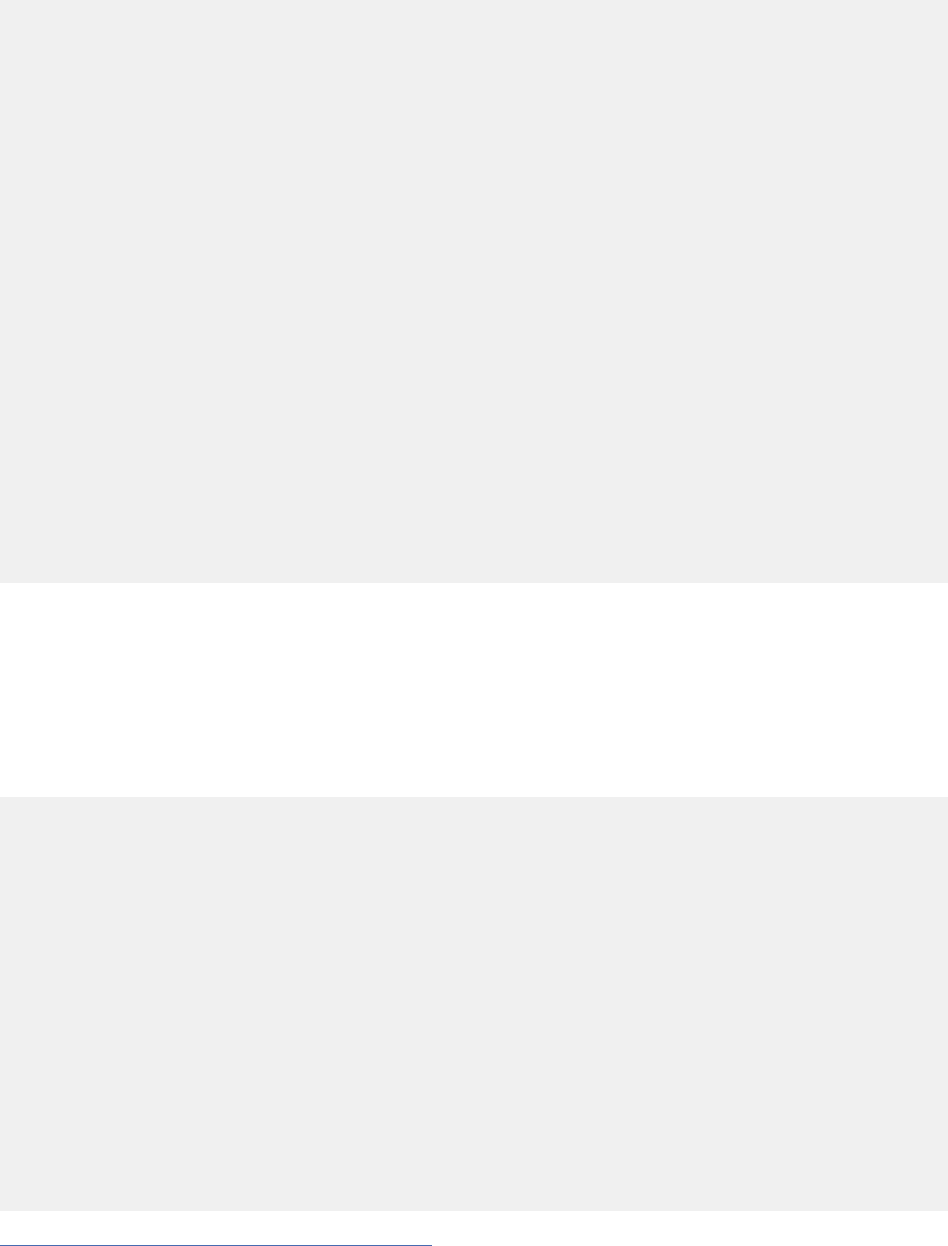
data, so the database server generates an XML declaration with an internal encoding declaration. That
declaration might not be consistent with the external encoding.
******************************
* Host variable declarations *
******************************
01 XMLBUF USAGE IS SQL TYPE IS XML AS CLOB(10K).
01 XMLBLOB USAGE IS SQL TYPE IS XML AS BLOB(10K).
01 CLOBBUF USAGE IS SQL TYPE IS CLOB(10K).
**********************************************************************
* Retrieve data from an XML column into an XML AS CLOB host variable *
**********************************************************************
EXEC SQL SELECT INFO
INTO :XMLBUF
FROM MYTABLE
WHERE CID = 1000
END-EXEC.
**********************************************************************
* Retrieve data from an XML column into an XML AS BLOB host variable *
**********************************************************************
EXEC SQL SELECT INFO
INTO :XMLBLOB
FROM MYTABLE
WHERE CID = 1000
END-EXEC.
**********************************************************************
* RETRIEVE DATA FROM AN XML COLUMN INTO A CLOB HOST VARIABLE. *
* BEFORE SENDING THE DATA TO THE APPLICATION, INVOKE THE *
* XMLSERIALIZE FUNCTION TO CONVERT THE DATA FROM THE XML *
* TYPE TO THE CLOB TYPE. *
**********************************************************************
EXEC SQL SELECT XMLSERIALIZE(INFO AS CLOB(10K))
INTO :CLOBBUF
FROM MYTABLE
WHERE CID = 1000
END-EXEC.
Example: The following example shows a PL/I program that retrieves data from an XML column into XML
AS BLOB, XML AS CLOB, and CLOB host variables. The data that is retrieved into an XML AS BLOB host
variable is retrieved as binary data, so the database server generates an XML declaration with UTF-8
encoding. The data that is retrieved into an XML AS CLOB host variable is retrieved as character data, so
the database server generates an XML declaration with an internal encoding declaration that is consistent
with the external encoding. The data that is retrieved into a CLOB host variable is retrieved as character
data, so the database server generates an XML declaration with an internal encoding declaration. That
declaration might not be consistent with the external encoding.
/******************************/
/* Host variable declarations */
/******************************/
DCL
XMLBUF SQL TYPE IS XML AS CLOB(10K),
XMLBLOB SQL TYPE IS XML AS BLOB(10K),
CLOBBUF SQL TYPE IS CLOB(10K);
/**********************************************************************/
/* Retrieve data from an XML column into an XML AS CLOB host variable */
/**********************************************************************/
EXEC SQL SELECT INFO INTO :XMLBUF FROM MYTABLE WHERE CID = 1000;
/**********************************************************************/
/* Retrieve data from an XML column into an XML AS BLOB host variable */
/**********************************************************************/
EXEC SQL SELECT INFO INTO :XMLBLOB FROM MYTABLE WHERE CID = 1000;
/**********************************************************************/
/* RETRIEVE DATA FROM AN XML COLUMN INTO A CLOB HOST VARIABLE. */
/* BEFORE SENDING THE DATA TO THE APPLICATION, INVOKE THE */
/* XMLSERIALIZE FUNCTION TO CONVERT THE DATA FROM THE XML */
/* TYPE TO THE CLOB TYPE. */
/**********************************************************************/
EXEC SQL SELECT XMLSERIALIZE(INFO AS CLOB(10K))
INTO :CLOBBUF FROM MYTABLE WHERE CID = 1000;
Retrieving XML data (Db2 Programming for XML)
550
Db2 12 for z/OS: Application Programming and SQL Guide (Last updated: 2024-07-30)

Example programs that call stored procedures
Examples can be used as models when you write applications that call stored procedures. In
addition, prex.SDSNSAMP contains sample jobs DSNTEJ6P and DSNTEJ6S and programs DSN8EP1 and
DSN8EP2, which you can run.
Related concepts
Sample applications supplied with Db2 for z/OS
Db2 provides sample applications to help you with Db2 programming techniques and coding practices
within each of the four environments: batch, TSO, IMS, and CICS. The sample applications contain various
applications that might apply to managing a company.
Assembler applications that issue SQL statements
You can code SQL statements in assembler programs wherever you can use executable statements.
Each SQL statement in an assembler program must begin with EXEC SQL. The EXEC and SQL keywords
must appear on one line, but the remainder of the statement can appear on subsequent lines.
You might code an UPDATE statement in an assembler program as follows:
EXEC SQL UPDATE DSN8C10.DEPT X
SET MGRNO = :MGRNUM X
WHERE DEPTNO = :INTDEPT
Comments
You cannot include assembler comments in SQL statements. However, you can include SQL
comments in any embedded SQL statement. For more information, see SQL comments (Db2 SQL).
Continuation for SQL statements
The line continuation rules for SQL statements are the same as those for assembler statements,
except that you must specify EXEC SQL within one line. Any part of the statement that does not t
on one line can appear on subsequent lines, beginning at the continuation margin (column 16, the
default). Every line of the statement, except the last, must have a continuation character (a non-blank
character) immediately after the right margin in column 72.
Delimiters for SQL statements
Delimit an SQL statement in your assembler program with the beginning keyword EXEC SQL and an
end of line or end of last continued line.
Declaring tables and views
Your assembler program should include a DECLARE statement to describe each table and view the
program accesses.
Including code
To include SQL statements or assembler host variable declaration statements from a member of a
partitioned data set, place the following SQL statement in the source code where you want to include
the statements:
EXEC SQL INCLUDE member-name
You cannot nest SQL INCLUDE statements.
Margins
Use the precompiler option MARGINS to set a left margin, a right margin, and a continuation margin.
The default values for these margins are columns 1, 71, and 16, respectively. If EXEC SQL starts
before the specied left margin, the Db2 precompiler does not recognize the SQL statement. If you
use the default margins, you can place an SQL statement anywhere between columns 2 and 71.
Multiple-row FETCH statements
You can use only the FETCH ... USING DESCRIPTOR form of the multiple-row FETCH statement in an
assembler program. The Db2 precompiler does not recognize declarations of host-variable arrays for
an assembler program.
Chapter 4. Embedded SQL programming
551
Names
You can use any valid assembler name for a host variable. However, do not use external entry names
or access plan names that begin with 'DSN' or host variable names that begin with 'SQL'. These names
are reserved for Db2.
The rst character of a host variable that is used in embedded SQL cannot be an underscore. However,
you can use an underscore as the rst character in a symbol that is not used in embedded SQL.
Statement labels
You can prex an SQL statement with a label. The rst line of an SQL statement can use a label
beginning in the left margin (column 1). If you do not use a label, leave column 1 blank.
WHENEVER statement
The target for the GOTO clause in an SQL WHENEVER statement must be a label in the assembler
source code and must be within the scope of the SQL statements that WHENEVER affects.
Special assembler considerations
The following considerations apply to programs written in assembler:
• To allow for reentrant programs, the precompiler puts all the variables and structures it generates
within a DSECT called SQLDSECT, and it generates an assembler symbol called SQLDLEN. SQLDLEN
contains the length of the DSECT. Your program must allocate an area of the size indicated by
SQLDLEN, initialize it, and provide addressability to it as the DSECT SQLDSECT. The precompiler
does not generate code to allocate the storage for SQLDSECT; the application program must allocate
the storage.
CICS: An example of code to support reentrant programs, running under CICS, follows:
DFHEISTG DSECT
DFHEISTG
EXEC SQL INCLUDE SQLCA
*
DS 0F
SQDWSREG EQU R7
SQDWSTOR DS (SQLDLEN)C RESERVE STORAGE TO BE USED FOR SQLDSECT
⋮
XXPROGRM DFHEIENT CODEREG=R12,EIBREG=R11,DATAREG=R13
*
*
* SQL WORKING STORAGE
LA SQDWSREG,SQDWSTOR GET ADDRESS OF SQLDSECT
USING SQLDSECT,SQDWSREG AND TELL ASSEMBLER ABOUT IT
*
In this example, the actual storage allocation is done by the DFHEIENT macro.
TSO: The sample program in prex.SDSNSAMP(DSNTIAD) contains an example of how to acquire
storage for the SQLDSECT in a program that runs in a TSO environment. The following example code
contains pieces from prex.SDSNSAMP(DSNTIAD) with explanations in the comments.
DSNTIAD CSECT CONTROL SECTION NAME
SAVE (14,12) ANY SAVE SEQUENCE
LR R12,R15 CODE ADDRESSABILITY
USING DSNTIAD,R12 TELL THE ASSEMBLER
LR R7,R1 SAVE THE PARM POINTER
*
* Allocate storage of size PRGSIZ1+SQLDSIZ, where:
* - PRGSIZ1 is the size of the DSNTIAD program area
* - SQLDSIZ is the size of the SQLDSECT, and declared
* when the DB2 precompiler includes the SQLDSECT
*
L R6,PRGSIZ1 GET SPACE FOR USER PROGRAM
A R6,SQLDSIZ GET SPACE FOR SQLDSECT
GETMAIN R,LV=(6) GET STORAGE FOR PROGRAM VARIABLES
LR R10,R1 POINT TO IT
*
* Initialize the storage
*
LR R2,R10 POINT TO THE FIELD
LR R3,R6 GET ITS LENGTH
552
Db2 12 for z/OS: Application Programming and SQL Guide (Last updated: 2024-07-30)

SR R4,R4 CLEAR THE INPUT ADDRESS
SR R5,R5 CLEAR THE INPUT LENGTH
MVCL R2,R4 CLEAR OUT THE FIELD
*
* Map the storage for DSNTIAD program area
*
ST R13,FOUR(R10) CHAIN THE SAVEAREA PTRS
ST R10,EIGHT(R13) CHAIN SAVEAREA FORWARD
LR R13,R10 POINT TO THE SAVEAREA
USING PRGAREA1,R13 SET ADDRESSABILITY
*
* Map the storage for the SQLDSECT
*
LR R9,R13 POINT TO THE PROGAREA
A R9,PRGSIZ1 THEN PAST TO THE SQLDSECT
USING SQLDSECT,R9 SET ADDRESSABILITY
...
LTORG
**********************************************************************
* *
* DECLARE VARIABLES, WORK AREAS *
* *
**********************************************************************
PRGAREA1 DSECT WORKING STORAGE FOR THE PROGRAM
...
DS 0D
PRGSIZE1 EQU *-PRGAREA1 DYNAMIC WORKAREA SIZE
...
DSNTIAD CSECT RETURN TO CSECT FOR CONSTANT
PRGSIZ1 DC A(PRGSIZE1) SIZE OF PROGRAM WORKING STORAGE
CA DSECT
EXEC SQL INCLUDE SQLCA
...
• Db2 does not process set symbols in SQL statements.
• Generated code can include more than two continuations per comment.
• Generated code uses literal constants (for example, =F'-84'), so an LTORG statement might be
necessary.
• Generated code uses registers 0, 1, 14, and 15. Register 13 points to a save area that the called
program uses. Register 15 does not contain a return code after a call that is generated by an SQL
statement.
CICS: A CICS application program uses the DFHEIENT macro to generate the entry point code.
When using this macro, consider the following:
– If you use the default DATAREG in the DFHEIENT macro, register 13 points to the save area.
– If you use any other DATAREG in the DFHEIENT macro, you must provide addressability to a save
area.
For example, to use SAVED, you can code instructions to save, load, and restore register 13
around each SQL statement as in the following example.
ST 13,SAVER13 SAVE REGISTER 13
LA 13,SAVED POINT TO SAVE AREA
EXEC SQL . . .
L 13,SAVER13 RESTORE REGISTER 13
• If you have an addressability error in precompiler-generated code because of input or output host
variables in an SQL statement, check to make sure that you have enough base registers.
• Do not put CICS translator options in the assembly source code. Instead, pass the options to the
translator by using the PARM eld.
Handling SQL error codes
Assembler applications can request more information about SQL errors from Db2. For more
information, see “Handling SQL error codes in assembler applications” on page 570.
Related tasks
Overview of programming applications that access Db2 for z/OS data
Chapter 4. Embedded SQL programming
553

Applications that interact with Db2 must rst connect to Db2. They can then read, add, or modify data or
manipulate Db2 objects.
Including dynamic SQL in your program
Dynamic SQL is prepared and executed while the program is running.
Setting limits for system resource usage by using the resource limit facility (Db2 Performance)
Assembler programming examples
You can write Db2 programs in assembler. These programs can access a local or remote Db2 subsystem
and can execute static or dynamic SQL statements. This information contains several such programming
examples.
To prepare and run these applications, use the JCL in prex.SDSNSAMP as a model for your JCL.
Related reference
Application languages and environments for the sample applications
The sample applications demonstrate how to run Db2 applications in the TSO, IMS, or CICS environments.
Dening the SQL communications area, SQLSTATE, and SQLCODE in
assembler
Assembler programs that contain SQL statements can include an SQL communications area (SQLCA)
to check whether an SQL statement executed successfully. Alternatively, these programs can declare
individual SQLCODE and SQLSTATE host variables.
About this task
If you specify the SQL processing option STDSQL(YES), do not dene an SQLCA. If you do, Db2 ignores
your SQLCA, and your SQLCA denition causes compile-time errors. If you specify the SQL processing
option STDSQL(NO), include an SQLCA explicitly.
If your application contains SQL statements and does not include an SQL communications area (SQLCA),
you must declare individual SQLCODE and SQLSTATE host variables. Your program can use these variables
to check whether an SQL statement executed successfully.
Procedure
Choose one of the following actions:
Option
Description
To dene the SQL
communications
area:
a. Code the SQLCA directly in the program or use the following SQL INCLUDE
statement to request a standard SQLCA declaration:
EXEC SQL INCLUDE SQLCA
If your program is reentrant, you must include the SQLCA within a unique
data area that is acquired for your task (a DSECT). For example, at the
beginning of your program, specify the following code:
PROGAREA DSECT
EXEC SQL INCLUDE SQLCA
As an alternative, you can create a separate storage area for the SQLCA and
provide addressability to that area.
Db2 sets the SQLCODE and SQLSTATE values in the SQLCA after each SQL
statement executes. Your application should check these values to determine
whether the last SQL statement was successful.
554Db2 12 for z/OS: Application Programming and SQL Guide (Last updated: 2024-07-30)
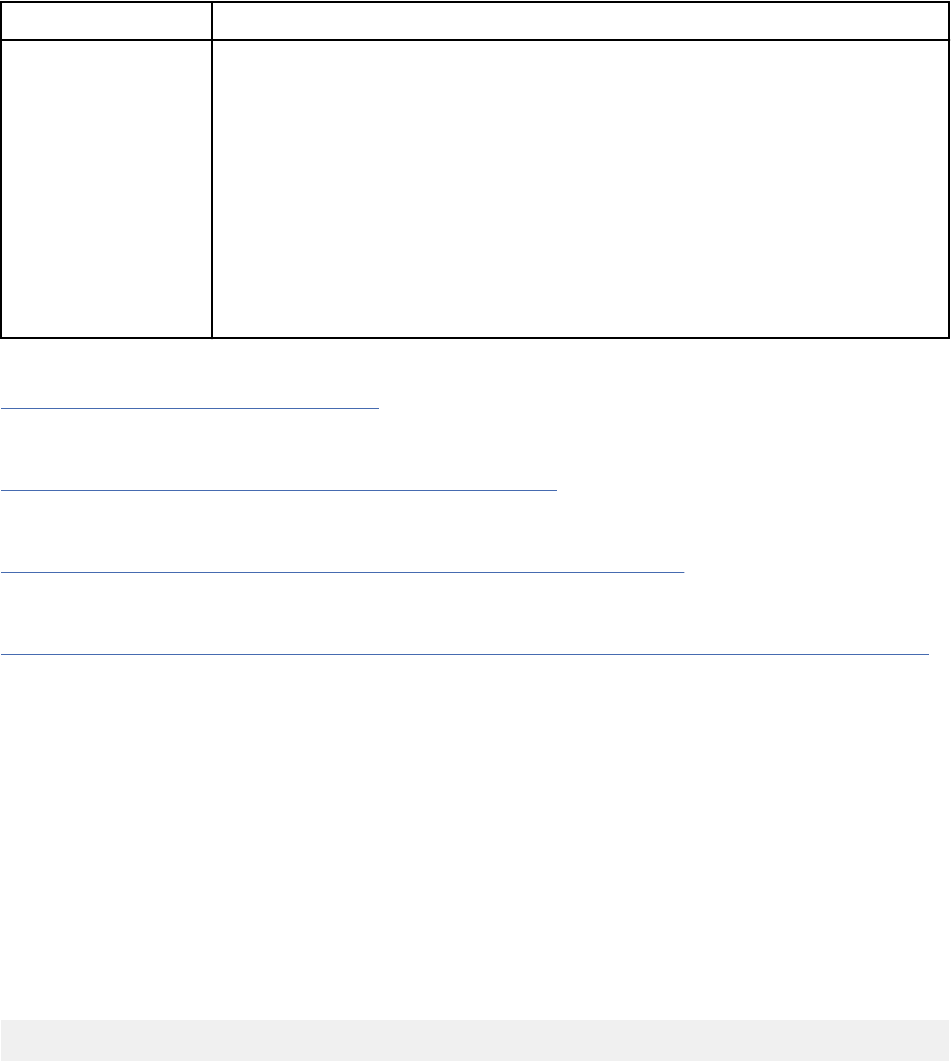
Option Description
To declare SQLCODE
and SQLSTATE host
variables:
a. Declare the SQLCODE variable within a BEGIN DECLARE SECTION statement
and an END DECLARE SECTION statement in your program declarations as a
fullword integer.
b. Declare the SQLSTATE variable within a BEGIN DECLARE SECTION statement
and an END DECLARE SECTION statement in your program declarations as a
character string of length 5 (CL5).
Restriction: Do not declare an SQLSTATE variable as an element of a structure.
Requirement: After you declare the SQLCODE and SQLSTATE variables, ensure
that all SQL statements in the program are within the scope of the declaration of
these variables.
Related tasks
Checking the execution of SQL statements
After executing an SQL statement, your program should check for any errors before you commit the data
and handle the errors that they represent.
Checking the execution of SQL statements by using the SQLCA
One way to check whether an SQL statement executed successfully is to use the SQL communication area
(SQLCA). This area is set apart for communication with Db2.
Checking the execution of SQL statements by using SQLCODE and SQLSTATE
Whenever an SQL statement executes, the SQLCODE and SQLSTATE elds of the SQLCA receive a return
code.
Dening the items that your program can use to check whether an SQL statement executed successfully
If your program contains SQL statements, the program should dene some infrastructure so that it can
check whether the statements executed successfully. You can either include an SQL communications
area (SQLCA), which contains SQLCODE and SQLSTATE variables, or declare individual SQLCODE and
SQLSTATE host variables.
Dening SQL descriptor areas (SQLDA) in assembler
If your program includes certain SQL statements, you must dene at least one SQL descriptor area
(SQLDA). Depending on the context in which it is used, the SQLDA stores information about prepared SQL
statements or host variables. This information can then be read by either the application program or Db2.
Procedure
Code the SQLDA directly in the program, or use the following SQL INCLUDE statement to request a
standard SQLDA declaration:
EXEC SQL INCLUDE SQLDA
Restriction: You must place SQLDA declarations before the rst SQL statement that references the data
descriptor, unless you use the TWOPASS SQL processing option.
Example
You can use host-variable arrays for certain multi-row operations in other host languages, such C, C++,
COBOL, and PL/I. but the Db2 precompiler does not recognize declarations of host-variable arrays for
assembler. However, you can SQLDA declarations to achieve similar results in assembler programs, as
shown in the following examples:
• Assembler support for multiple-row FETCH is limited to the FETCH statement with the INTO
DESCRIPTOR clause. For example:
Chapter 4. Embedded SQL programming
555
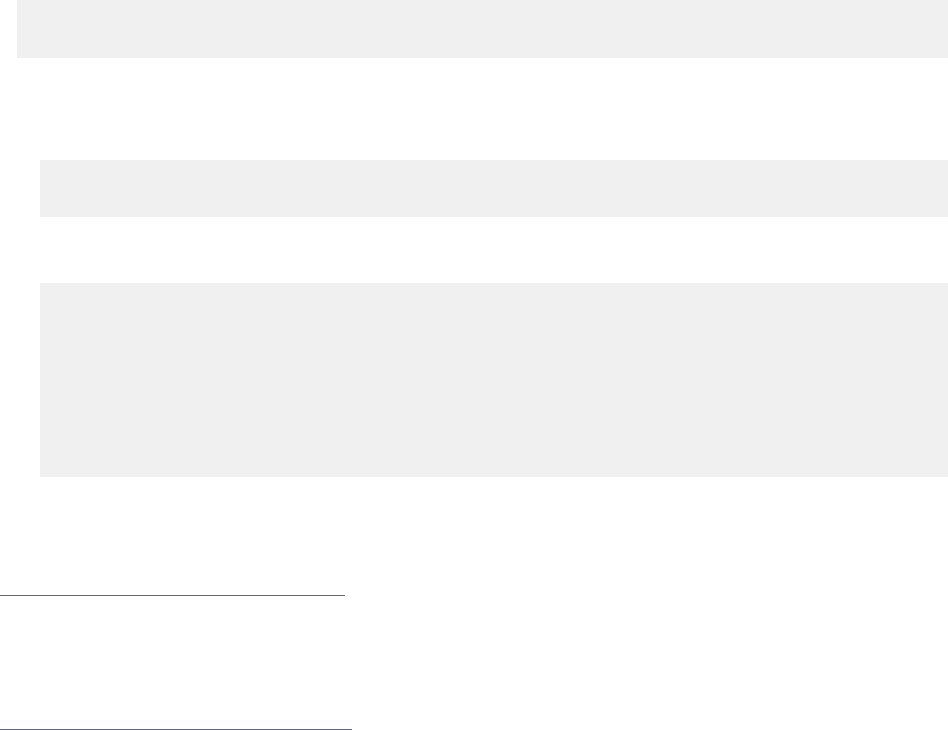
EXEC SQL FETCH NEXT ROWSET FROM C1 FOR 10 ROWS X
INTO DESCRIPTOR :SQLDA
• Assembler support for multiple-row INSERT is limited to the following cases:
– Static multiple-row INSERT statement with scalar values (scalar host variables or scalar expressions)
in the VALUES clause. For example:
EXEC SQL INSERT INTO T1 VALUES (1, CURRENT DATE, 'TEST') X
FOR 10 ROWS
– Dynamic multiple-row INSERT executed with the USING DESCRIPTOR clause on the EXECUTE
statement. For example:
ATR DS CL20 ATTRIBUTES FOR PREPARE
S1 DS H,CL30 VARCHAR STATEMENT STRING
MVC ATR(20),=C'FOR MULTIPLE ROWS '
MVC S1(2),=H'25'
MVC S1+2(30),=C'INSERT INTO T1 VALUES (?) '
EXEC SQL PREPARE STMT ATTRIBUTES :ATR FROM :S1
EXEC SQL EXECUTE STMT USING DESCRIPTOR :SQLDA FOR 10 ROWS
where the descriptor is set up correctly in advance according to the
specifications for dynamic execution of a multiple-row INSERT statement
with a descriptor
– Assembler does not support multiple-row MERGE. You cannot specify MERGE statements that
reference host-variable arrays.
Related tasks
Dening SQL descriptor areas (SQLDA)
If your program includes certain SQL statements, you must dene at least one SQL descriptor area
(SQLDA). Depending on the context in which it is used, the SQLDA stores information about prepared SQL
statements or host variables. This information can then be read by either the application program or Db2.
Related reference
SQL descriptor area (SQLDA) (Db2 SQL)
Declaring host variables and indicator variables in assembler
You can use host variables, host-variable arrays, and host structures in SQL statements in your program to
pass data between Db2 and your application.
Procedure
To declare host variables, host-variable arrays, and host structures:
1. Declare the variables according to the following rules and guidelines:
• You can declare host variables in normal assembler style (DC or DS), depending on the data type and
the limitations on that data type. You can specify a value on DC or DS declarations (for example, DC
H'5'). The Db2 precompiler examines only packed decimal declarations.
• If you specify the ONEPASS SQL processing option, you must explicitly declare each host variable
and each host-variable array before using them in an SQL statement. If you specify the TWOPASS
precompiler option, you must declare each host variable before using it in the DECLARE CURSOR
statement.
• If you specify the STDSQL(YES) SQL processing option, you must precede the host language
statements that dene the host variables and host-variable arrays with the BEGIN DECLARE
SECTION statement and follow the host language statements with the END DECLARE SECTION
statement. Otherwise, these statements are optional.
• Ensure that any SQL statement that uses a host variable or host-variable array is within the scope of
the statement that declares that variable or array.
• If you are using the Db2 precompiler, ensure that the names of host variables and host-variable
arrays are unique within the program, even if the variables and variable arrays are in different blocks,
556
Db2 12 for z/OS: Application Programming and SQL Guide (Last updated: 2024-07-30)

classes, procedures, functions, or subroutines. You can qualify the names with a structure name to
make them unique.
2. Optional: Dene any associated indicator variables, arrays, and structures.
Related tasks
Declaring host variables and indicator variables
You can use host variables and indicator variables in SQL statements in your program to pass data
between Db2 and your application.
Host variables in assembler
In assembler programs, you can specify numeric, character, graphic, binary, LOB, XML, and ROWID
host variables. You can also specify result set, table, and LOB locators and LOB and XML le reference
variables.
Restrictions:
• Only some of the valid assembler declarations are valid host variable declarations. If the declaration for
a host variable is not valid, any SQL statement that references the variable might result in the message
UNDECLARED HOST VARIABLE.
• The locator data types are assembler language data types and SQL data types. You cannot use locators
as column types.
Recommendations:
• Be careful of overflow. For example, suppose that you retrieve an INTEGER column value into a DS
H host variable, and the column value is larger than 32767. You get an overflow warning or an error,
depending on whether you provide an indicator variable.
• Be careful of truncation. For example, if you retrieve an 80-character CHAR column value into a host
variable that is declared as DS CL70, the rightmost ten characters of the retrieved string are truncated.
If you retrieve a floating-point or decimal column value into a host variable declared as DS F, any
fractional part of the value is removed.
Numeric host variables
The following diagram shows the syntax for declaring numeric host variables.
Chapter 4. Embedded SQL programming
557
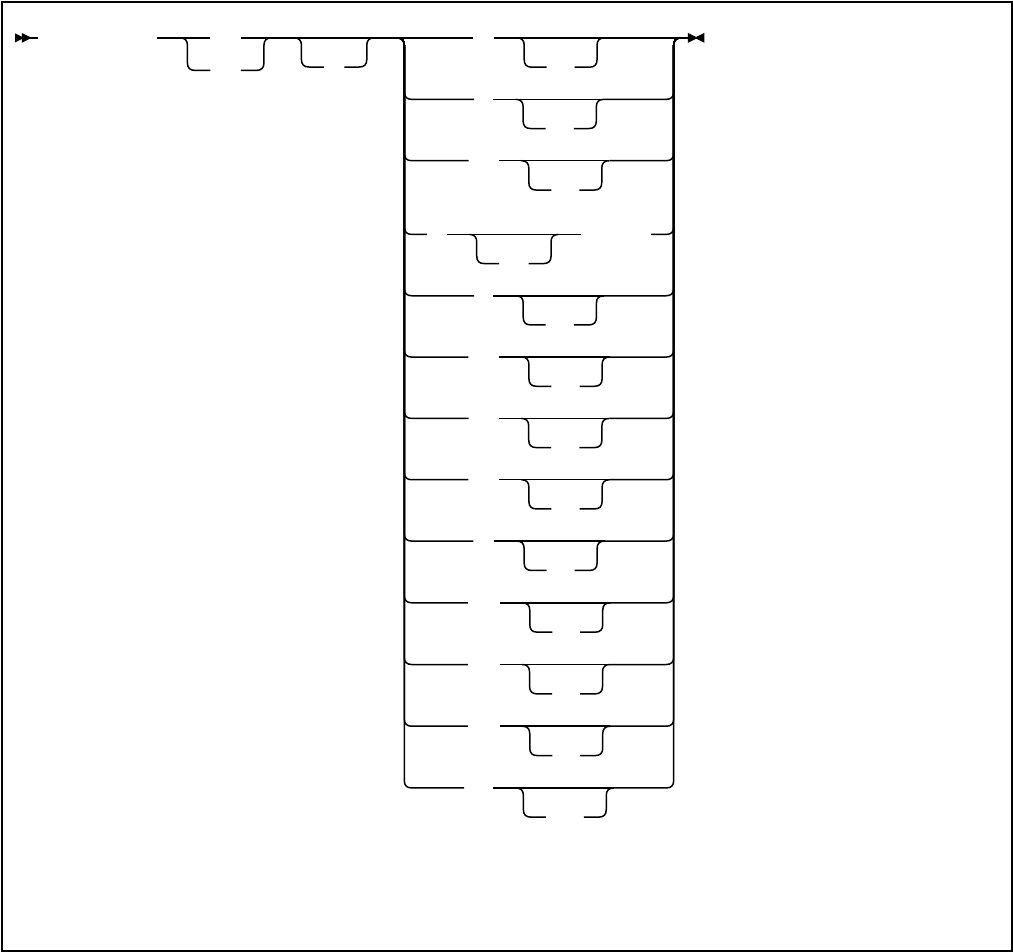
variable-name DC
DS
1
H
L2
F
L4
FD
L8
P
L
n
'
value
1
'
E
L4
EH
L4
EB
L4
ED
L4
D
L8
DH
L8
DB
L8
DD
L8
LD
L16
Notes:
1
value is a numeric value that species the scale of the packed decimal variable. If value does not include
a decimal point, the scale is 0.
For floating-point data types (E, EH, EB, D, DH, and DB), use the FLOAT SQL processing option to specify
whether the host variable is in IEEE binary floating-point or z/Architecture
®
hexadecimal floating-point
format. If you specify FLOAT(S390), you need to dene your floating-point host variables as E, EH, D,
or DH. If you specify FLOAT(IEEE), you need to dene your floating-point host variables as EB or DB.
Db2 does not check if the host variable declarations or format of the host variable contents match the
format that you specied with the FLOAT SQL processing option. Therefore, you need to ensure that your
floating-point host variable types and contents match the format that you specied with the FLOAT SQL
processing option. Db2 converts all floating-point input data to z/Architecture hexadecimal floating-point
format before storing it.
Restriction: The FLOAT SQL processing options do not apply to the decimal floating-point host variable
types ED, DD, or LD.
For the decimal floating-point host variable types ED, DD, and LD, you can specify the following special
values: MIN, MAX, NAN, SNAN, and INFINITY.
558
Db2 12 for z/OS: Application Programming and SQL Guide (Last updated: 2024-07-30)
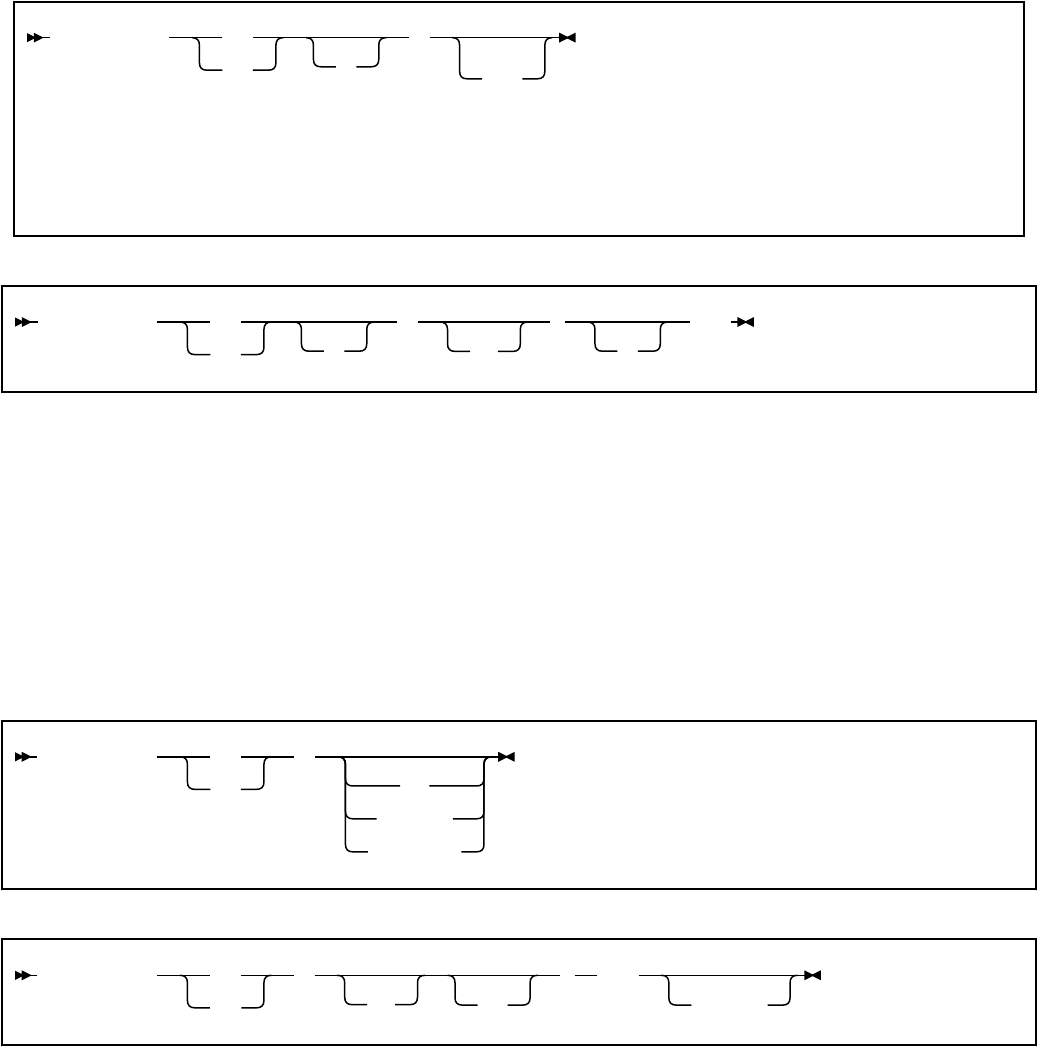
Character host variables
You can specify the following forms of character host variables:
• Fixed-length strings
• Varying-length strings
• CLOBs
The following diagrams show the syntax for forms other than CLOBs.
The following diagram shows the syntax for declaring xed-length character strings.
variable-name DC
DS
1
C
L
n
1
Notes:
1
If you declare a character string host variable without a length (for example, DC C 'ABCD') Db2
interprets the length as 1. To get the correct length, specify a length attribute (for example, DC CL 4
'ABCD').
The following diagram shows the syntax for declaring varying-length character strings.
variable-name DC
DS
1
H
L2
,
1
CL
n
Graphic host variables
You can specify the following forms of graphic host variables:
• Fixed-length strings
• Varying-length strings
• DBCLOBs
The following diagrams show the syntax for forms other than DBCLOBs. In the syntax diagrams, value
denotes one or more DBCS characters, and the symbols < and > represent the shift-out and shift-in
characters.
The following diagram shows the syntax for declaring xed-length graphic strings.
variable-name DC
DS
G
L
n
'<
value
>'
L
n
'<
value
>'
The following diagram shows the syntax for declaring varying-length graphic strings.
variable-name DS
DC
H
L2
'
m
'
, GL
n
'<
value
>'
Binary host variables
The following diagram shows the syntax for declaring binary host variables.
Chapter 4. Embedded SQL programming
559
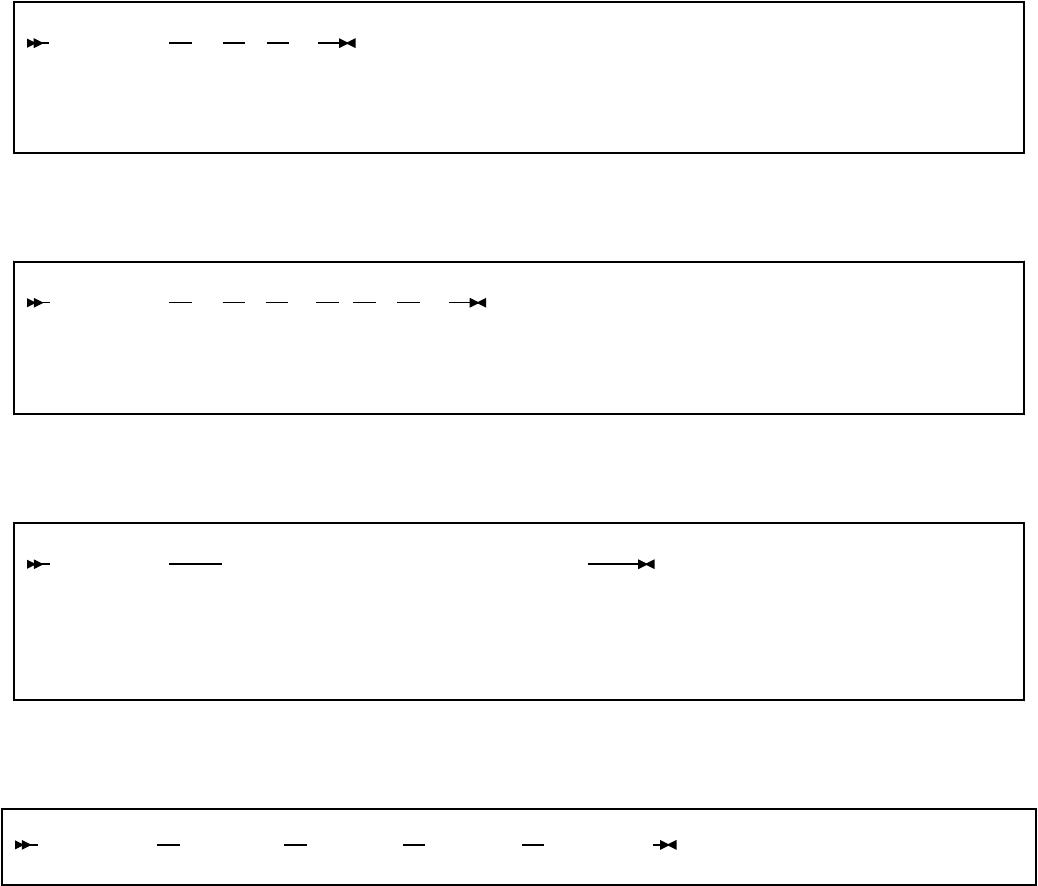
variable-name DS X L
n
1
Notes:
1
1 ≤ n ≤ 255
Varbinary host variables
The following diagram shows the syntax for declaring varbinary host variables.
variable-name DS H L2 , X L
n
1
Notes:
1
1 ≤ n ≤ 32704
Result set locators
The following diagram shows the syntax for declaring result set locators.
variable-name SQL TYPE IS RESULT_SET_LOCATOR VARYING
1
Notes:
1
To be compatible with previous releases, result set locator host variables may be declared as fullword
integers (FL4), but the method shown is the preferred syntax.
Table Locators
The following diagram shows the syntax for declaring of table locators.
variable-name SQL TYPE IS TABLE LIKE table-name AS LOCATOR
LOB variables, locators, and le reference variables
The following diagram shows the syntax for declaring BLOB, CLOB, and DBCLOB host variables, locators,
and le reference variables.
560
Db2 12 for z/OS: Application Programming and SQL Guide (Last updated: 2024-07-30)
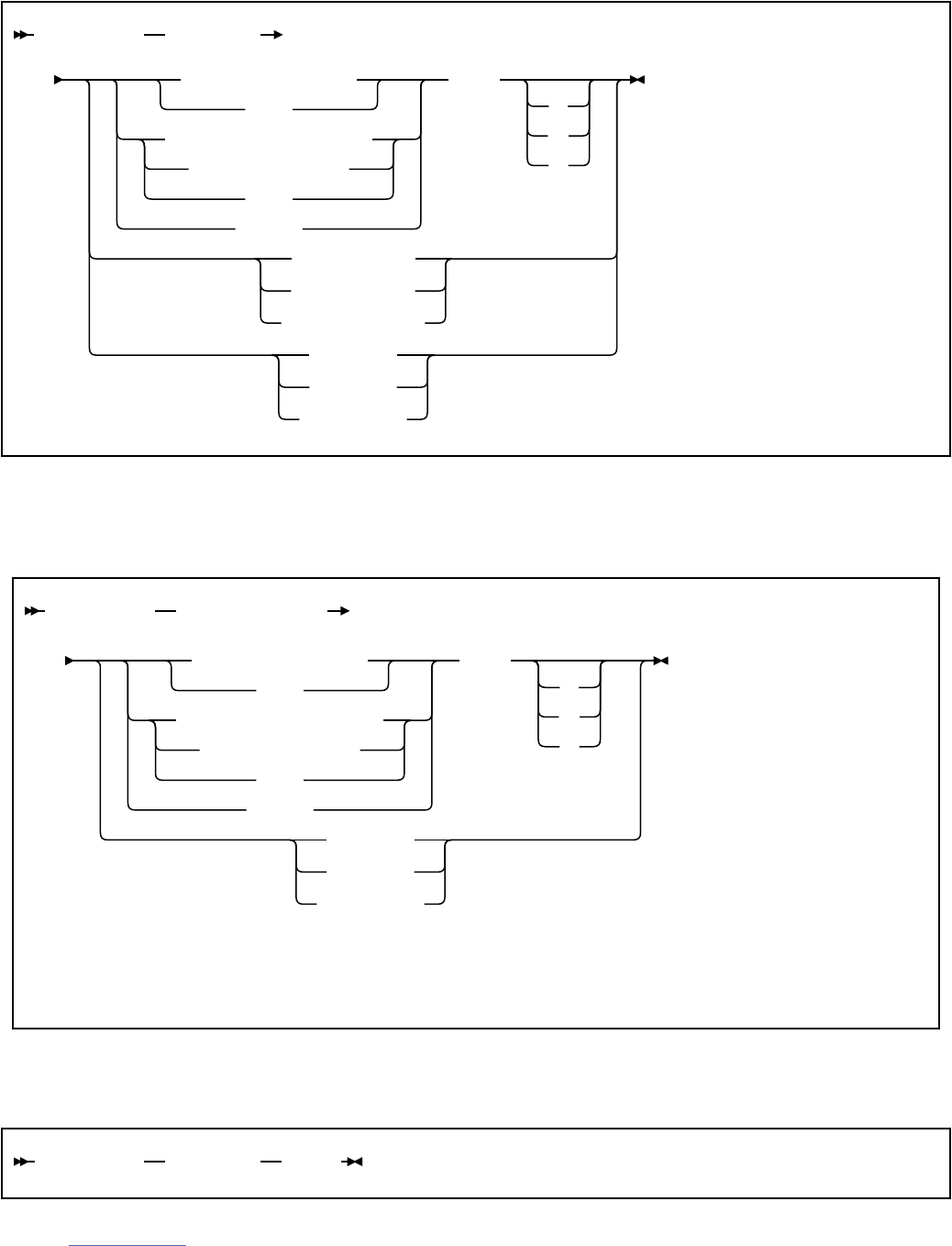
variable-name SQL TYPE IS
BINARY LARGE OBJECT
BLOB
CHARACTER LARGE OBJECT
CHAR LARGE OBJECT
CLOB
DBCLOB
length
K
M
G
BLOB_LOCATOR
CLOB_LOCATOR
DBCLOB_LOCATOR
BLOB_FILE
CLOB_FILE
DBCLOB_FILE
XML data host and le reference variables
The following diagram shows the syntax for declaring BLOB, CLOB, and DBCLOB host variables and le
reference variables for XML data types.
variable-name SQL TYPE IS XML AS
BINARY LARGE OBJECT
BLOB
CHARACTER LARGE OBJECT
CHAR LARGE OBJECT
CLOB
DBCLOB
length
K
M
G
1
BLOB_FILE
CLOB_FILE
DBCLOB_FILE
Notes:
1
If you specify the length of the LOB in terms of KB, MB, or GB, do not leave spaces between the length
and K, M, or G.
ROWIDs
The following diagram shows the syntax for declaring ROWID host variables.
variable-name SQL TYPE IS ROWID
Related concepts
Host variables
Chapter 4. Embedded SQL programming
561
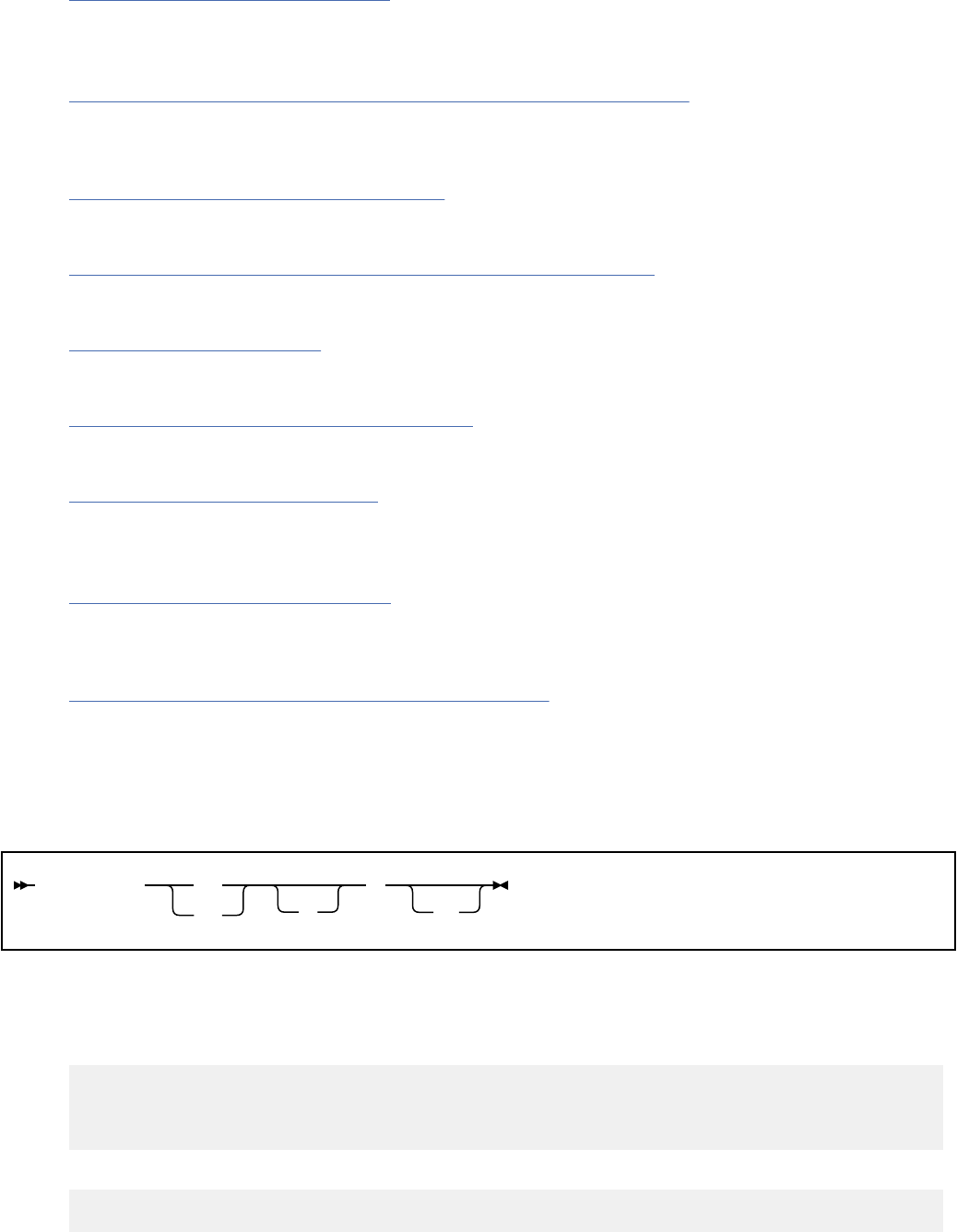
Use host variables to pass a single data item between Db2 and your application.
Using host variables in SQL statements
Use scalar host variables in embedded SQL statements to represent a single value. Host variables are
useful for storing retrieved data or for passing values that are to be assigned or used for comparisons.
Related tasks
Determining whether a retrieved value in a host variable is null or truncated
Before your application manipulates the data that was retrieved from Db2 into a host variable, determine
if the value is null. Also determine if it was truncated when assigned to the variable. You can use indicator
variables to obtain this information.
Inserting a single row by using a host variable
Use host variables in your INSERT statement when you don't know at least some of the values to insert
until the program runs.
Inserting null values into columns by using indicator variables or arrays
If you need to insert null values into a column, using an indicator variable or array is an easy way to do so.
An indicator variable or array is associated with a particular host variable or host-variable array.
Storing LOB data in Db2 tables
Db2 handles LOB data differently than other kinds of data. As a result, you sometimes need to take
additional actions when you dene LOB columns and insert the LOB data.
Retrieving a single row of data into host variables
If you know that your query returns only one row, you can specify one or more host variables to contain
the column values of the retrieved row.
Updating data by using host variables
When you want to update a value in a Db2 table, but you do not know the exact value until the program
runs, use host variables. Db2 can change a table value to match the current value of the host variable.
Related reference
Descriptions of SQL processing options
You can specify any SQL processing options regardless of whether you use the Db2 precompiler or the
Db2 coprocessor. However, the Db2 coprocessor might ignore certain options because host language
compiler options exist that provide the same information.
High Level Assembler (HLASM) and Toolkit Feature Library
Indicator variables in assembler
An indicator variable is a 2-byte integer (DS HL2). You declare indicator variables in the same way as host
variables. You can mix the declarations of the two types of variables.
The following diagram shows the syntax for declaring an indicator variable in assembler.
variable-name DC
DS
1
H
L2
Example
The following example shows a FETCH statement with the declarations of the host variables that are
needed for the FETCH statement and their associated indicator variables.
EXEC SQL FETCH CLS_CURSOR INTO :CLSCD, X
:DAY :DAYIND, X
:BGN :BGNIND, X
:END :ENDIND
You can declare these variables as follows:
CLSCD DS CL7
DAY DS HL2
562
Db2 12 for z/OS: Application Programming and SQL Guide (Last updated: 2024-07-30)
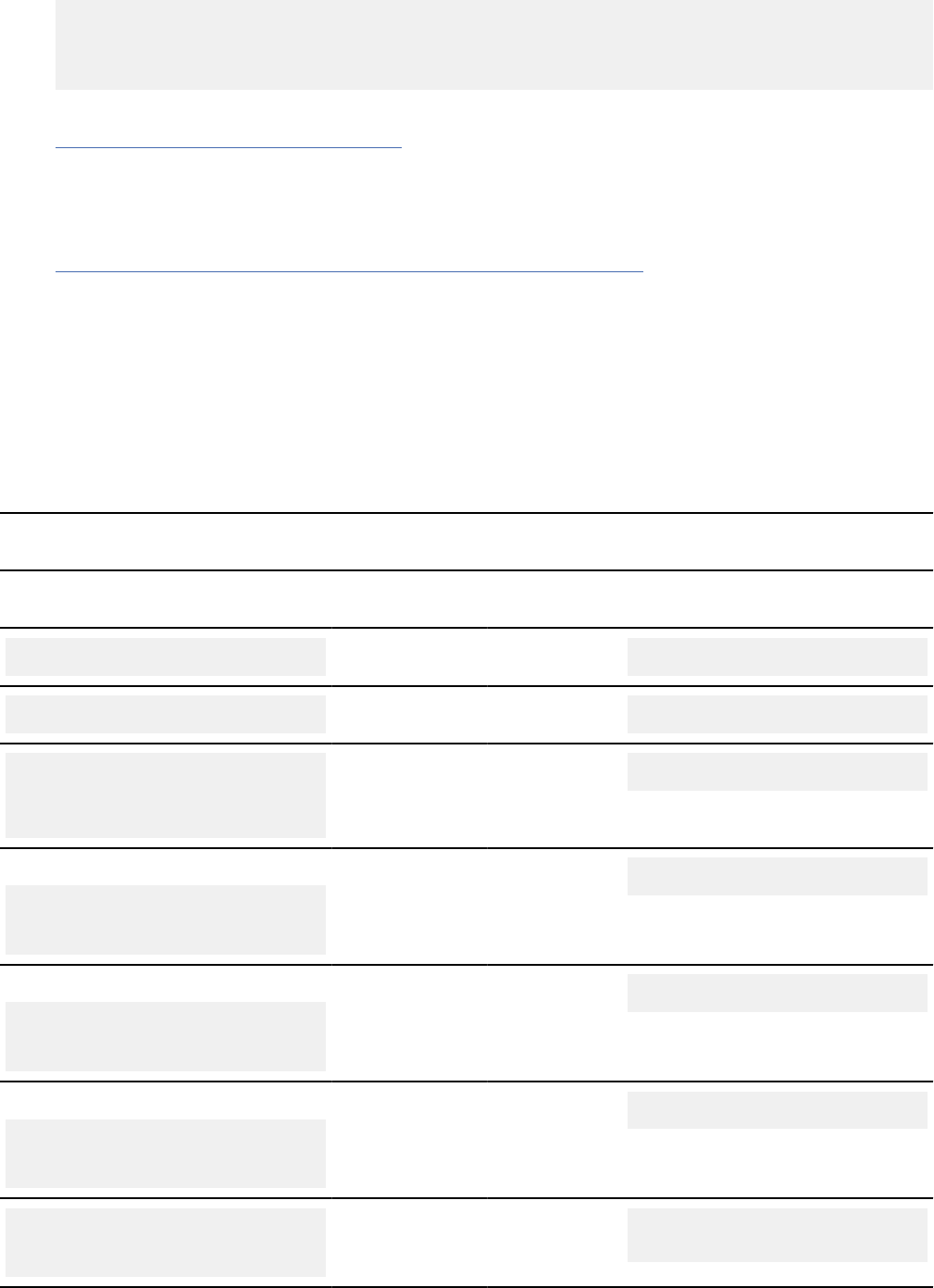
BGN DS CL8
END DS CL8
DAYIND DS HL2 INDICATOR VARIABLE FOR DAY
BGNIND DS HL2 INDICATOR VARIABLE FOR BGN
ENDIND DS HL2 INDICATOR VARIABLE FOR END
Related concepts
Indicator variables, arrays, and structures
An indicator variable is associated with a particular host variable. Each indicator variable contains a small
integer value that indicates some information about the associated host variable. Indicator arrays and
structures serve the same purpose for host-variable arrays and structures.
Related tasks
Inserting null values into columns by using indicator variables or arrays
If you need to insert null values into a column, using an indicator variable or array is an easy way to do so.
An indicator variable or array is associated with a particular host variable or host-variable array.
Equivalent SQL and assembler data types
When you declare host variables in your assembler programs, the precompiler uses equivalent SQL data
types. When you retrieve data of a particular SQL data type into a host variable, ensure that the host
variable is of an equivalent data type.
The following table describes the SQL data type and the base SQLTYPE and SQLLEN values that the
precompiler uses for host variables in SQL statements.
Table 96. SQL data types, SQLLEN values, and SQLTYPE values that the precompiler uses for host variables in
assembler programs
Assembler host variable data type SQLTYPE of host
variable
1
SQLLEN of
host variable
SQL data type
DS HL2
500 2
SMALLINT
DS FL4
496 4
INTEGER
DS P'value'
DS PLn'value' or
DS PLn
1<=n<=16
484 p in byte 1, s
in byte 2
DECIMAL(p,s)
short decimal FLOAT:
SDFP DC ED
SDFP DC EDL4
SDFP DC EDL4'11.11'
996 4
DECFLOAT
long decimal FLOAT:
LDFP DC DD
LDFP DC DDL8
LDFP DC DDL8'22.22'
996 8
DECFLOAT
extended decimal FLOAT:
EDFP DC LD
EDFP DC LDL16
EDFP DC LDL16'33.33'
996 16
DECFLOAT
DS EL4
DS EHL4
DS EBL4
480 4
REAL or FLOAT (n)
1<=n<=21
Chapter 4. Embedded SQL programming563
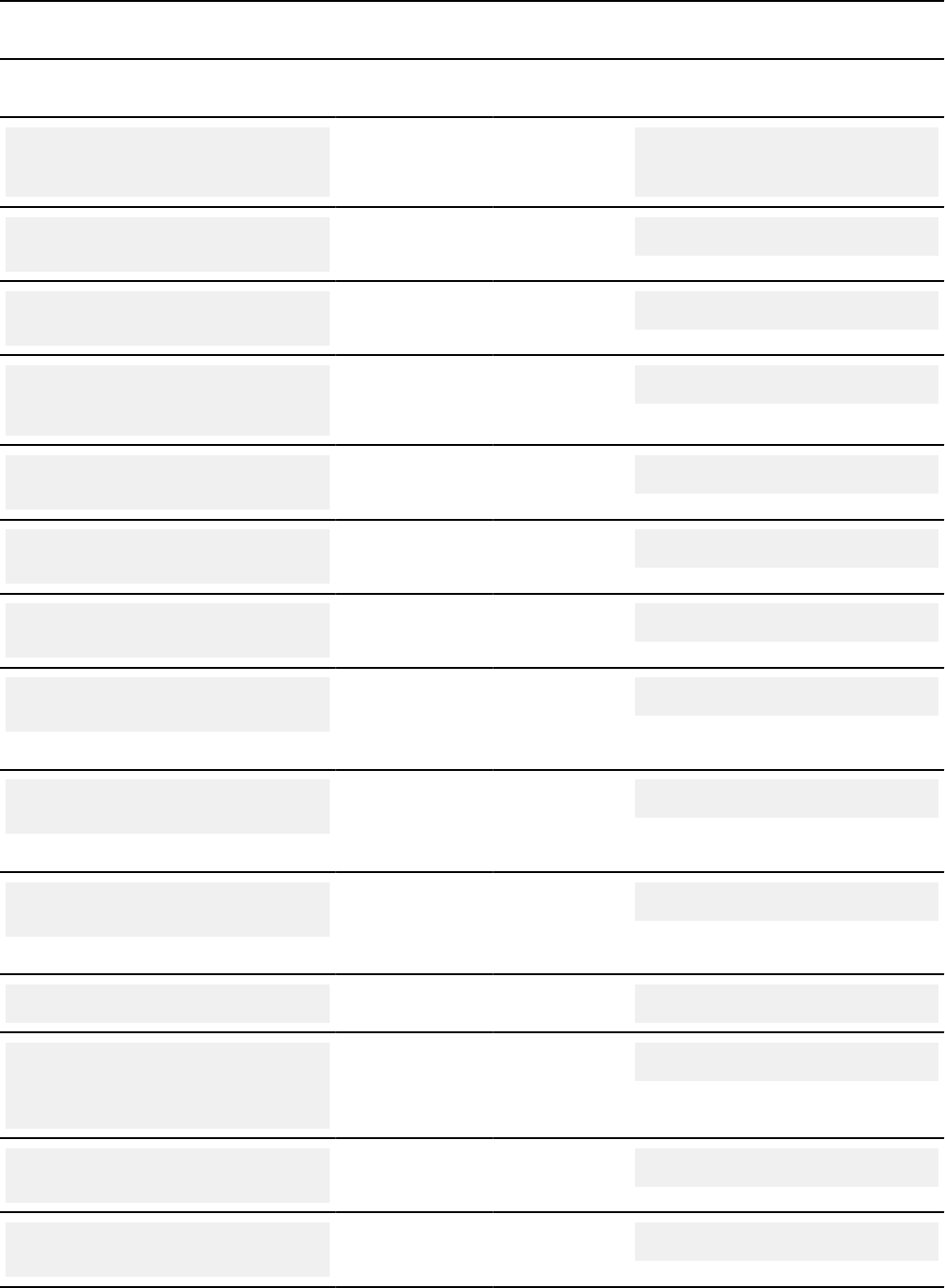
Table 96. SQL data types, SQLLEN values, and SQLTYPE values that the precompiler uses for host variables in
assembler programs (continued)
Assembler host variable data type SQLTYPE of host
variable
1
SQLLEN of
host variable
SQL data type
DS DL8
DS DHL8
DS DBL8
480 8
DOUBLE PRECISION,
or FLOAT (n)
22<=n<=53
DS FDL8
DS FD
492 8
BIGINT
SQL TYPE IS BINARY(n)
1<=n<=255
912 n
BINARY(n)
SQL TYPE IS VARBINARY(n) or
SQL TYPE IS BINARY(n) VARYING
1<=n<=32704
908 n
VARBINARY(n)
DS CLn
1<=n<=255
452 n
CHAR(n)
DS HL2,CLn
1<=n<=255
448 n
VARCHAR(n)
DS HL2,CLn
n>255
456 n
VARCHAR(n)
DS GLm
2<=m<=254
2
468 n
GRAPHIC(n)
3
DS HL2,GLm
2<=m<=254
2
464 n
VARGRAPHIC(n)
3
DS HL2,GLm
m>254
2
472 n
VARGRAPHIC(n)
3
SQL TYPE IS RESULT_SET_LOCATOR
972 4
Result set locator
4,5
SQL TYPE IS
TABLE LIKE
table-name
AS LOCATOR
976 4
Table locator
4
SQL TYPE IS
BLOB_LOCATOR
960 4
BLOB locator
4
SQL TYPE IS
CLOB_LOCATOR
964 4
CLOB locator
4
564Db2 12 for z/OS: Application Programming and SQL Guide (Last updated: 2024-07-30)
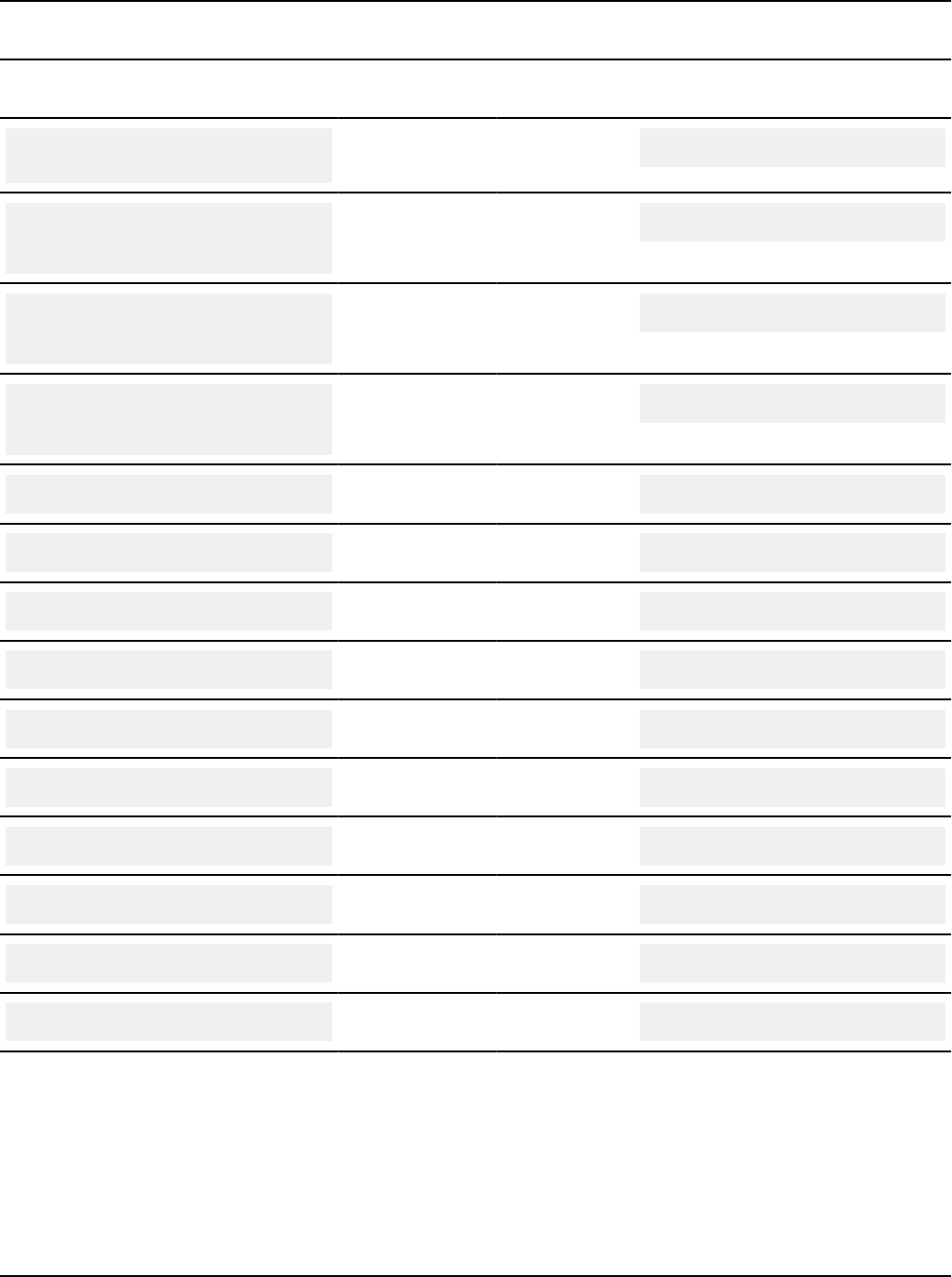
Table 96. SQL data types, SQLLEN values, and SQLTYPE values that the precompiler uses for host variables in
assembler programs (continued)
Assembler host variable data type SQLTYPE of host
variable
1
SQLLEN of
host variable
SQL data type
SQL TYPE IS
DBCLOB_LOCATOR
968 4
DBCLOB locator
4
SQL TYPE IS
BLOB(n)
1≤n≤2147483647
404 n
BLOB(n)
SQL TYPE IS
CLOB(n)
1≤n≤2147483647
408 n
CLOB(n)
SQL TYPE IS
DBCLOB(n)
1≤n≤1073741823
412 n
DBCLOB(n)
3
SQL TYPE IS XML AS BLOB(n)
404 0
XML
SQL TYPE IS XML AS CLOB(n)
408 0
XML
SQL TYPE IS XML AS DBCLOB(n)
412 0
XML
SQL TYPE IS BLOB_FILE
916/917 267
BLOB file reference
4
SQL TYPE IS CLOB_FILE
920/921 267
CLOB file reference
4
SQL TYPE IS DBCLOB_FILE
924/925 267
DBCLOB file reference
4
SQL TYPE IS XML AS BLOB_FILE
916/917 267
XML BLOB file reference
4
SQL TYPE IS XML AS CLOB_FILE
920/921 267
XML CLOB file reference
4
SQL TYPE IS XML AS DBCLOB_FILE
924/925 267
XML DBCLOB file reference
4
SQL TYPE IS ROWID
904 40
ROWIDnote 5
Notes:
1. If a host variable includes an indicator variable, the SQLTYPE value is the base SQLTYPE value plus 1.
2. m is the number of bytes.
3. n is the number of double-byte characters.
4. This data type cannot be used as a column type.
5. To be compatible with previous releases, result set locator host variables may be declared as fullword
integers (FL4), but the method shown is the preferred syntax.
Chapter 4. Embedded SQL programming565
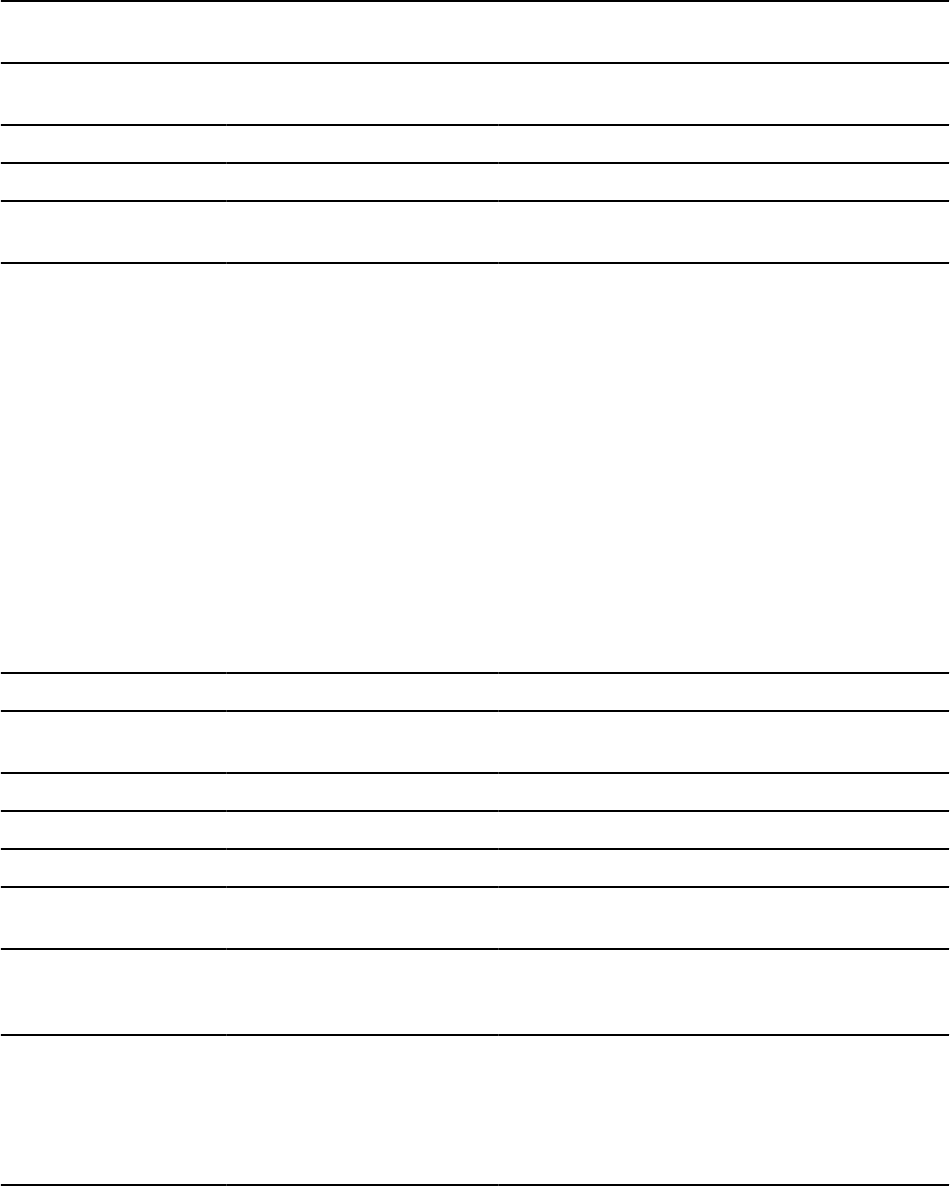
The following table shows equivalent assembler host variables for each SQL data type. Use this table to
determine the assembler data type for host variables that you dene to receive output from the database.
For example, if you retrieve TIMESTAMP data, you can dene variable DS CLn.
This table shows direct conversions between SQL data types and assembler data types. However, a
number of SQL data types are compatible. When you do assignments or comparisons of data that have
compatible data types, Db2 converts those compatible data types.
Table 97. Assembler host variable equivalents that you can use when retrieving data of a particular SQL
data type
SQL data type Assembler host variable
equivalent
Notes
SMALLINT DS HL2
INTEGER DS F
BIGINT DS FD OR DS FDL8 DS FDL8 requires High Level Assembler
(HLASM), Release 4 or later.
DECIMAL(p,s) or
NUMERIC(p,s)
DS P'value' DS PLn'value' DS
PLn
p is precision; s is scale. 1<=p<=31 and
0<=s<=p. 1<=n<=16. value is a literal value that
includes a decimal point. You must use Ln, value,
or both. Using only value is recommended.
Precision: If you use Ln, it is 2n-1; otherwise, it
is the number of digits in value. Scale: If you use
value, it is the number of digits to the right of the
decimal point; otherwise, it is 0.
For efcient use of indexes: Use value. If p is
even, do not use Ln and be sure the precision
of value is p and the scale of value is s. If p is
odd, you can use Ln (although it is not advised),
but you must choose n so that 2n-1=p, and value
so that the scale is s. Include a decimal point in
value, even when the scale of value is 0.
REAL or FLOAT(n) DS EL4 DS EHL4 DS EBL4
1
1<=n<=21
DOUBLE PRECISION,
DOUBLE, or FLOAT(n)
DS DL8 DS DHL8 DS DBL8
1
22<=n<=53
DECFLOAT DC EDL4 DC DDL8 DC LDL16
CHAR(n) DS CLn 1<=n<=255
VARCHAR(n) DS HL2,CLn
GRAPHIC(n) DS GLm m is expressed in bytes. n is the number of
double-byte characters. 1<=n<=127
VARGRAPHIC(n) DS HL2,GLx DS
HL2'm',GLx'<value>'
x and m are expressed in bytes. n is the number
of double-byte characters. < and > represent
shift-out and shift-in characters.
BINARY(n)
Format 1:
variable-name--
DS--X--Ln
Format 2:
SQL TYPE IS BINARY(n)
1<=n<=255
566Db2 12 for z/OS: Application Programming and SQL Guide (Last updated: 2024-07-30)
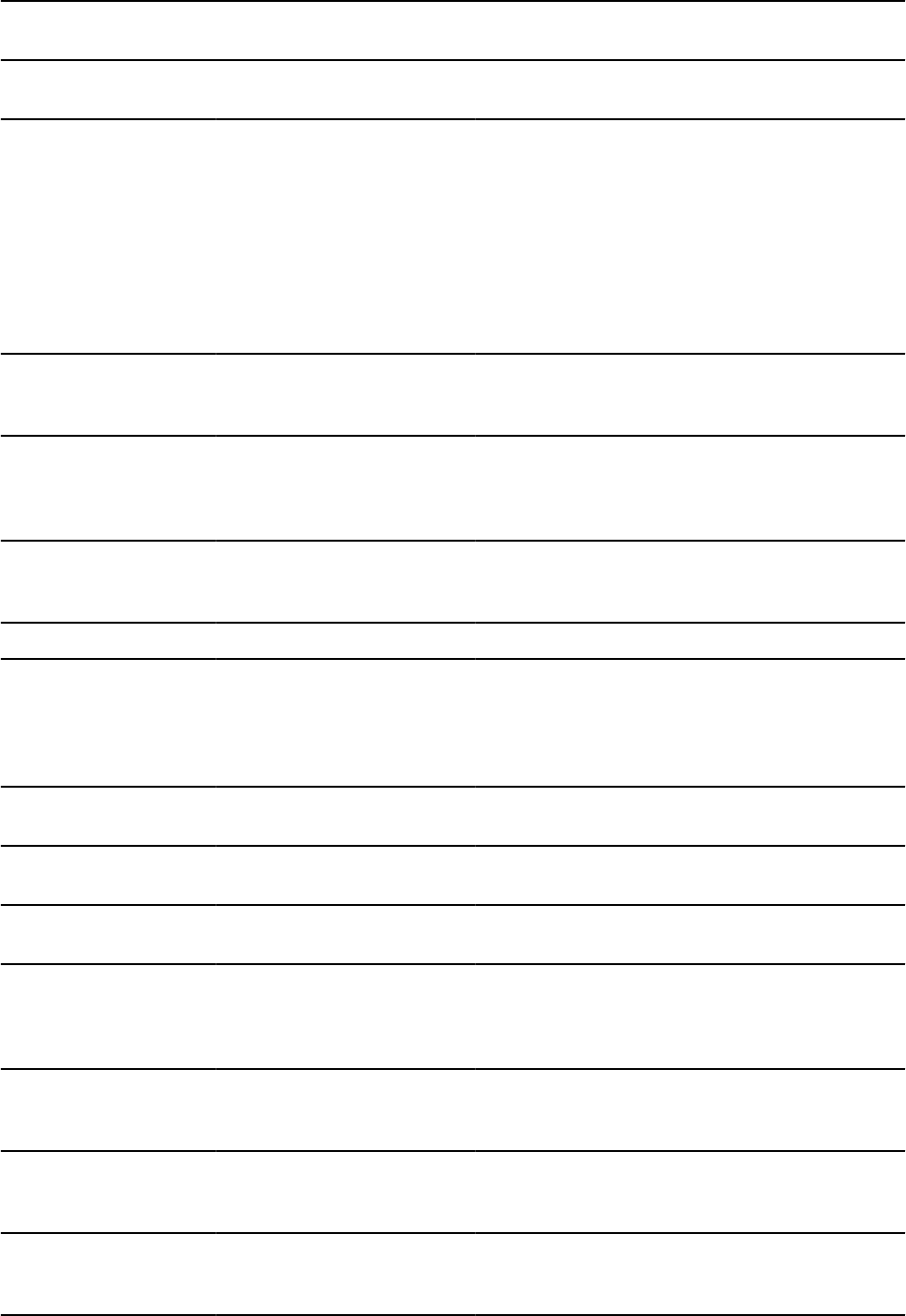
Table 97. Assembler host variable equivalents that you can use when retrieving data of a particular SQL
data type (continued)
SQL data type Assembler host variable
equivalent
Notes
VARBINARY(n)
Format 1:
variable-name--
DS--H--L2--,--X--
Ln
Format 2:
SQL TYPE IS
VARBINARY(n) or SQL
TYPE IS BINARY(n)
VARYING
1<=n<=32704
DATE DS CLn If you are using a date exit routine, n is
determined by that routine; otherwise, n must
be at least 10.
TIME DS CLn If you are using a time exit routine, n is
determined by that routine. Otherwise, n must
be at least 6; to include seconds, n must be at
least 8.
TIMESTAMP DS CLn n must be at least 19. To include microseconds,
n must be 26; if n is less than 26, truncation
occurs on the microseconds part.
TIMESTAMP(0) DS CLn n must be at least 19.
TIMESTAMP(p) p > 0 DS CLn n must be at least 19. To include fractional
seconds, n must be 20+x where x is the number
of fractional seconds to include; if x is less than
p, truncation occurs on the fractional seconds
part.
TIMESTAMP(0) WITH
TIME ZONE
DS HL2,CLn n must be at least 25.
TIMESTAMP(p) WITH
TIME ZONE p > 0
DS HL2,CLn n must be at least 26+p.
Result set locator DS F Use this data type only to receive result sets. Do
not use this data type as a column type.
Table locator SQL TYPE IS TABLE LIKE
table-name AS LOCATOR
Use this data type only in a user-dened
function or stored procedure to receive rows of
a transition table. Do not use this data type as a
column type.
BLOB locator SQL TYPE IS
BLOB_LOCATOR
Use this data type only to manipulate data in
BLOB columns. Do not use this data type as a
column type.
CLOB locator SQL TYPE IS
CLOB_LOCATOR
Use this data type only to manipulate data in
CLOB columns. Do not use this data type as a
column type.
DBCLOB locator SQL TYPE IS
DBCLOB_LOCATOR
Use this data type only to manipulate data in
DBCLOB columns. Do not use this data type as a
column type.
Chapter 4. Embedded SQL programming567
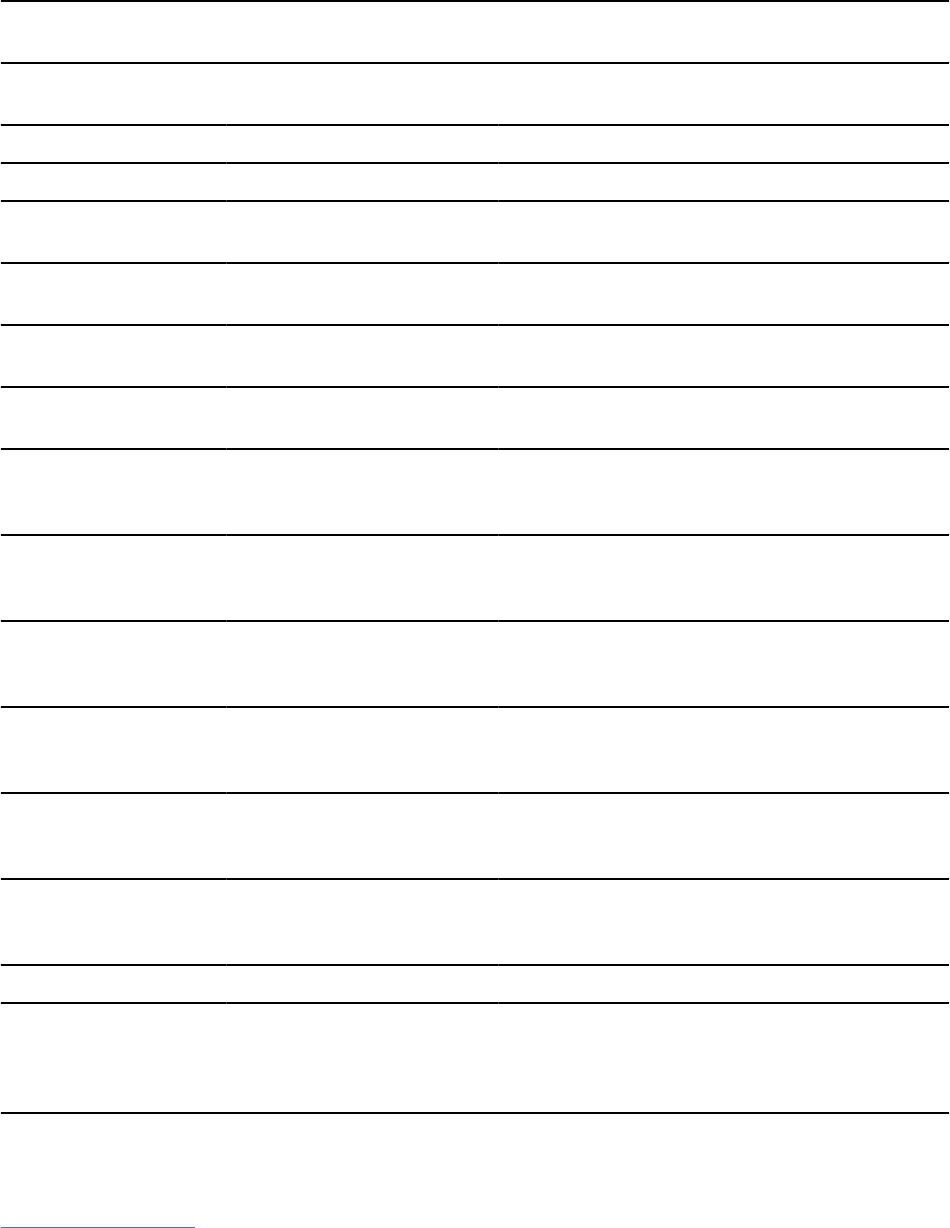
Table 97. Assembler host variable equivalents that you can use when retrieving data of a particular SQL
data type (continued)
SQL data type Assembler host variable
equivalent
Notes
BLOB(n) SQL TYPE IS BLOB(n) 1≤n≤2147483647
CLOB(n) SQL TYPE IS CLOB(n) 1≤n≤2147483647
DBCLOB(n) SQL TYPE IS DBCLOB(n) n is the number of double-byte characters.
1≤n≤1073741823
XML SQL TYPE IS XML AS
BLOB(n)
1≤n≤2147483647
XML SQL TYPE IS XML AS
CLOB(n)
1≤n≤2147483647
XML SQL TYPE IS XML AS
DBCLOB(n)
n is the number of double-byte characters.
1≤n≤1073741823
BLOB le reference SQL TYPE IS BLOB_FILE Use this data type only to manipulate data in
BLOB columns. Do not use this data type as a
column type.
CLOB le reference SQL TYPE IS CLOB_FILE Use this data type only to manipulate data in
CLOB columns. Do not use this data type as a
column type.
DBCLOB le reference SQL TYPE IS DBCLOB_FILE Use this data type only to manipulate data in
DBCLOB columns. Do not use this data type as a
column type.
XML BLOB le
reference
SQL TYPE IS XML AS
BLOB_FILE
Use this data type only to manipulate XML data
as BLOB les. Do not use this data type as a
column type.
XML CLOB le
reference
SQL TYPE IS XML AS
CLOB_FILE
Use this data type only to manipulate XML data
as CLOB les. Do not use this data type as a
column type.
XML DBCLOB le
reference
SQL TYPE IS XML AS
DBCLOB_FILE
Use this data type only to manipulate XML data
as DBCLOB les. Do not use this data type as a
column type.
ROWID SQL TYPE IS ROWID
Notes:
1. Although stored procedures and user-dened functions can use IEEE floating-point host variables,
you cannot declare a user-dened function or stored procedure parameter as IEEE.
The following table shows the assembler language denitions to use in assembler stored procedures and
user-dened functions, when the parameter data types in the routine denitions are LOBs, ROWIDs, or
locators. For other parameter data types, the assembler language denitions are the same as those in
Table 97 on page 566 above.
568
Db2 12 for z/OS: Application Programming and SQL Guide (Last updated: 2024-07-30)

Table 98. Equivalent assembler language declarations for LOBs, ROWIDs, and locators in user-dened
routine denitions
SQL data type in denition Assembler declaration
TABLE LOCATOR
BLOB LOCATOR
CLOB LOCATOR
DBCLOB LOCATOR
DS FL4
BLOB(n)
If n <= 65535:
var DS 0FL4
var_length DS FL4
var_data DS CLn
If n > 65535:
var DS 0FL4
var_length DS FL4
var_data DS CL65535
ORG var_data+(n-65535)
CLOB(n)
If n <= 65535:
var DS 0FL4
var_length DS FL4
var_data DS CLn
If n > 65535:
var DS 0FL4
var_length DS FL4
var_data DS CL65535
ORG var_data+(n-65535)
DBCLOB(n)
If n (=2*n) <= 65534:
var DS 0FL4
var_length DS FL4
var_data DS CLm
If n > 65534:
var DS 0FL4
var_length DS FL4
var_data DS CL65534
ORG var_data+(m-65534)
ROWID
DS HL2,CL40
Related concepts
Compatibility of SQL and language data types
The host variable data types that are used in SQL statements must be compatible with the data types of
the columns with which you intend to use them.
LOB host variable, LOB locator, and LOB le reference variable declarations
When you write applications to manipulate LOB data, you need to declare host variables to hold the LOB
data or LOB locator. Alternatively, you need to declare LOB le reference variables to point to the LOB
data.
Host variable data types for XML data in embedded SQL applications (Db2 Programming for XML)
Chapter 4. Embedded SQL programming
569

Macros for assembler applications
Data set DSN1210.SDSNMACS contains all Db2 macros that are available for use.
Handling SQL error codes in assembler applications
Assembler applications can request more information about SQL error codes by using the DSNTIAR
subroutine or issuing a GET DIAGNOSTICS statement.
Procedure
To request information about SQL errors in assembler programs, use the following approaches:
• You can use the subroutine DSNTIAR to convert an SQL return code into a text message.
DSNTIAR takes data from the SQLCA, formats it into a message, and places the result in a message
output area that you provide in your application program. For concepts and more information about the
behavior of DSNTIAR, see “Displaying SQLCA elds by calling DSNTIAR” on page 527
.
DSNTIAR syntax
DSNTIAR has the following syntax:
CALL DSNTIAR,(sqlca, message, lrecl),MF=(E,PARM)
DSNTIAR parameters
The DSNTIAR parameters have the following meanings:
sqlca
An SQL communication area.
message
An output area, dened as a varying-length string, in which DSNTIAR places the message text.
The rst halfword contains the length of the remaining area; its minimum value is 240.
The output lines of text, each line being the length specied in lrecl, are put into this area. For
example, you could specify the format of the output area as:
LINES EQU 10
LRECL EQU 132
⋮
MSGLRECL DC AL4(LRECL)
MESSAGE DS H,CL(LINES*LRECL)
ORG MESSAGE
MESSAGEL DC AL2(LINES*LRECL)
MESSAGE1 DS CL(LRECL) text line 1
MESSAGE2 DS CL(LRECL) text line 2
⋮
MESSAGEn DS CL(LRECL) text line n
⋮
CALL DSNTIAR,(SQLCA,MESSAGE,MSGLRECL),MF=(E,PARM)
where MESSAGE is the name of the message output area, LINES is the number of lines in the
message output area, and LRECL is the length of each line.
lrecl
A fullword containing the logical record length of output messages, in the range 72–240.
The expression MF=(E,PARM) is an z/OS macro parameter that indicates dynamic execution. PARM is
the name of a data area that contains a list of pointers to the call parameters of DSNTIAR.
See “Sample applications supplied with Db2 for z/OS” on page 1032 for instructions on how to access
and print the source code for the sample program.
• If your CICS application requires CICS storage handling, you must use the subroutine DSNTIAC instead
of DSNTIAR.
DSNTIAC syntax
DSNTIAC has the following syntax:
570
Db2 12 for z/OS: Application Programming and SQL Guide (Last updated: 2024-07-30)

CALL DSNTIAC,(eib,commarea,sqlca,msg,lrecl),MF=(E,PARM)
DSNTIAC parameters
DSNTIAC has extra parameters, which you must use for calls to routines that use CICS commands.
eib
EXEC interface block
commarea
communication area
For more information on these parameters, see the appropriate application programming guide for
CICS. The remaining parameter descriptions are the same as those for DSNTIAR. Both DSNTIAC
and DSNTIAR format the SQLCA in the same way.
You must dene DSNTIA1 in the CSD. If you load DSNTIAR or DSNTIAC, you must also dene them
in the CSD. For an example of CSD entry generation statements for use with DSNTIAC, see member
DSN8FRDO in the data set prex.SDSNSAMP.
The assembler source code for DSNTIAC and job DSNTEJ5A, which assembles and link-edits
DSNTIAC, are also in the data set prex.SDSNSAMP.
• You can also use the MESSAGE_TEXT condition item eld of the GET DIAGNOSTICS statement to
convert an SQL return code into a text message.
Programs that require long token message support should code the GET DIAGNOSTICS statement
instead of DSNTIAR. For more information about GET DIAGNOSTICS, see “Checking the execution of
SQL statements by using the GET DIAGNOSTICS statement ” on page 532.
Related tasks
Handling SQL error codes
Application programs can request more information about SQL error codes from Db2.
Related reference
GET DIAGNOSTICS statement (Db2 SQL)
C and C++ applications that issue SQL statements
You can code SQL statements in a C or C++ program wherever you can use executable statements.
Each SQL statement in a C or C++ program must begin with EXEC SQL and end with a semicolon (;). The
EXEC and SQL keywords must appear on one line, but the remainder of the statement can appear on
subsequent lines.
In general, because C is case sensitive, use uppercase letters to enter all SQL keywords. However, if
you use the FOLD precompiler suboption, Db2 folds lowercase letters in SBCS SQL ordinary identiers to
uppercase. For information about host language precompiler options, see Table 142 on page 864.
You must keep the case of host variable names consistent throughout the program. For example, if a host
variable name is lowercase in its declaration, it must be lowercase in all SQL statements. You might code
an UPDATE statement in a C program as follows:
EXEC SQL
UPDATE DSN8C10.DEPT
SET MGRNO = :mgr_num
WHERE DEPTNO = :int_dept;
Comments
You can include C comments (/* ... */) within SQL statements wherever you can use a blank, except
between the keywords EXEC and SQL. You can use single-line comments (starting with //) in C
language statements, but not in embedded SQL. You can use SQL comments within embedded SQL
statements. For more information, see SQL comments (Db2 SQL).
You can nest comments.
Chapter 4. Embedded SQL programming
571

To include EBCDIC DBCS characters in comments, you must delimit the characters by a shift-out and
shift-in control character; the rst shift-in character in the DBCS string signals the end of the DBCS
string.
Continuation for SQL statements
You can use a backslash to continue a character-string constant or delimited identier on the
following line. However, EBCDIC DBCS string constants cannot be continued on a second line.
Delimiters
Delimit an SQL statement in your C program with the beginning keyword EXEC SQL and a Semicolon
(;).
Declaring tables and views
Your C program should use the DECLARE TABLE statement to describe each table and view the
program accesses. You can use the Db2 declarations generator (DCLGEN) to generate the DECLARE
TABLE statements. For more information, see “DCLGEN (declarations generator)” on page 462.
Including SQL statements and variable declarations in source code that is to be processed by the Db2
precompiler
To include SQL statements or C host variable declarations from a member of a partitioned data set,
add the following SQL statement to the source code where you want to include the statements:
EXEC SQL INCLUDE member-name;
You cannot nest SQL INCLUDE statements. Do not use C #include statements to include SQL
statements or C host variable declarations.
Margins
Code SQL statements in columns 1–72, unless you specify other margins to the Db2 precompiler.
If EXEC SQL is not within the specied margins, the Db2 precompiler does not recognize the SQL
statement. The margin rules do not apply to the Db2 coprocessor. The Db2 coprocessor allows
variable length source input.
Names
You can use any valid C name for a host variable, subject to the following restrictions:
• Do not use DBCS characters.
• Do not use external entry names or access plan names that begin with 'DSN', and do not use host
variable names or macro names that begin with 'SQL' (in any combination of uppercase or lowercase
letters). These names are reserved for Db2.
An SQL identier that starts with the pound character ('#') can be interpreted as a C macro statement.
Nulls and NULs
C and SQL differ in the way they use the word null. The C language has a null character (NUL), a null
pointer (NULL), and a null statement (just a semicolon). The C NUL is a single character that compares
equal to 0. The C NULL is a special reserved pointer value that does not point to any valid data object.
The SQL null value is a special value that is distinct from all non-null values and denotes the absence
of a (nonnull) value. NUL (or NUL-terminator) is the null character in C and C++, and NULL is the SQL
null value.
Sequence numbers
The Db2 precompiler generates statements without sequence numbers. (The Db2 coprocessor does
not perform this action, because the source is read and modied by the compiler. )
Statement labels
You can precede SQL statements with a label.
Trigraph characters
Some characters from the C character set are not available on all keyboards. You can enter these
characters into a C source program using a sequence of three characters called a trigraph. The
trigraph characters that Db2 supports are the same as those that the C compiler supports.
572
Db2 12 for z/OS: Application Programming and SQL Guide (Last updated: 2024-07-30)

WHENEVER statement
The target for the GOTO clause in an SQL WHENEVER statement must be within the scope of any SQL
statements that the statement WHENEVER affects.
Special C/C++ considerations
• Using the C/370 multi-tasking facility, in which multiple tasks execute SQL statements, causes
unpredictable results.
• Except for the Db2 coprocessor, you must run the Db2 precompiler before running the C
preprocessor.
• Except for the Db2 coprocessor, Db2 precompiler does not support C preprocessor directives.
• If you use conditional compiler directives that contain C code, either place them after the rst
C token in your application program, or include them in the C program using the #include
preprocessor directive.
Refer to the appropriate C documentation for more information about C preprocessor directives.
To use the decimal floating-point host data type, you must do the following:
• Use z/OS 1.10 or above (z/OS V1R10 XL C/C++ ).
• Compile with the C/C++ compiler option, DFP.
• Specify the SQL compiler option to enable the Db2 coprocessor.
• Specify C/C++ compiler option, ARCH(7). It is required by the DFP compiler option if the DFP type is
used in the source.
• Specify 'DEFINE(__STDC_WANT_DEC_FP__)' compiler option.
Handling SQL error codes
C and C++ applications can request more information about SQL errors from Db2. For more
information, see “Handling SQL error codes in C and C++ applications” on page 618
.
Related concepts
Using host-variable arrays in SQL statements
Use host-variable arrays in embedded SQL statements to represent values that the program does not
know until the query is executed. Host-variable arrays are useful for storing a set of retrieved values or for
passing a set of values that are to be inserted into a table.
Related tasks
Overview of programming applications that access Db2 for z/OS data
Applications that interact with Db2 must rst connect to Db2. They can then read, add, or modify data or
manipulate Db2 objects.
Including dynamic SQL in your program
Dynamic SQL is prepared and executed while the program is running.
Handling SQL error codes
Application programs can request more information about SQL error codes from Db2.
Setting limits for system resource usage by using the resource limit facility (Db2 Performance)
C and C++ programming examples
You can write Db2 programs in C and C++. These programs can access a local or remote Db2 subsystem
and can execute static or dynamic SQL statements. This information contains several such programming
examples.
To prepare and run these applications, start with the JCL the member for your language in
prex.SDSNSAMP as a model for your JCL:
• For C, use job DSNTEJ2D.
• For C++, use job DSNTEJ2E.
Chapter 4. Embedded SQL programming
573

Related reference
Assembler, C, C++, COBOL, PL/I, and REXX programming examples (Db2 Programming samples)
Sample dynamic and static SQL in a C program
Programs that access Db2 can contain static SQL, dynamic SQL, or both.
This example shows a C program that contains both static and dynamic SQL.
The following gure illustrates dynamic SQL and static SQL embedded in a C program. Each section of the
program is identied with a comment. Section 1 of the program shows static SQL; sections 2, 3, and 4
show dynamic SQL. The function of each section is explained in detail in the prologue to the program.
/*********************************************************************/
/* Descriptive name = Dynamic SQL sample using C language */
/* */
/* Function = To show examples of the use of dynamic and static */
/* SQL. */
/* */
/* Notes = This example assumes that the EMP and DEPT tables are */
/* defined. They need not be the same as the DB2 Sample */
/* tables. */
/* */
/* Module type = C program */
/* Processor = DB2 precompiler, C compiler */
/* Module size = see link edit */
/* Attributes = not reentrant or reusable */
/* */
/* Input = */
/* */
/* symbolic label/name = DEPT */
/* description = arbitrary table */
/* symbolic label/name = EMP */
/* description = arbitrary table */
/* */
/* Output = */
/* */
/* symbolic label/name = SYSPRINT */
/* description = print results via printf */
/* */
/* Exit-normal = return code 0 normal completion */
/* */
/* Exit-error = */
/* */
/* Return code = SQLCA */
/* */
/* Abend codes = none */
/* */
/* External references = none */
/* */
/* Control-blocks = */
/* SQLCA - sql communication area */
/* */
/* Logic specification: */
/* */
/* There are four SQL sections. */
/* */
/* 1) STATIC SQL 1: using static cursor with a SELECT statement. */
/* Two output host variables. */
/* 2) Dynamic SQL 2: Fixed-list SELECT, using same SELECT statement */
/* used in SQL 1 to show the difference. The prepared string */
/* :iptstr can be assigned with other dynamic-able SQL statements.*/
/* 3) Dynamic SQL 3: Insert with parameter markers. */
/* Using four parameter markers which represent four input host */
/* variables within a host structure. */
/* 4) Dynamic SQL 4: EXECUTE IMMEDIATE */
/* A GRANT statement is executed immediately by passing it to DB2 */
/* via a varying string host variable. The example shows how to */
/* set up the host variable before passing it. */
/* */
/*********************************************************************/
#include "stdio.h"
#include "stdefs.h"
EXEC SQL INCLUDE SQLCA;
EXEC SQL INCLUDE SQLDA;
EXEC SQL BEGIN DECLARE SECTION;
short edlevel;
574
Db2 12 for z/OS: Application Programming and SQL Guide (Last updated: 2024-07-30)

struct { short len;
char x1??(56??);
} stmtbf1, stmtbf2, inpstr;
struct { short len;
char x1??(15??);
} lname;
short hv1;
struct { char deptno??(4??);
struct { short len;
char x??(36??);
} deptname;
char mgrno??(7??);
char admrdept??(4??);
char location??(17??);
} hv2;
short ind??(4??);
EXEC SQL END DECLARE SECTION;
EXEC SQL DECLARE EMP TABLE
(EMPNO CHAR(6) ,
FIRSTNAME VARCHAR(12) ,
MIDINIT CHAR(1) ,
LASTNAME VARCHAR(15) ,
WORKDEPT CHAR(3) ,
PHONENO CHAR(4) ,
HIREDATE DECIMAL(6) ,
JOBCODE DECIMAL(3) ,
EDLEVEL SMALLINT ,
SEX CHAR(1) ,
BIRTHDATE DECIMAL(6) ,
SALARY DECIMAL(8,2) ,
FORFNAME VARGRAPHIC(12) ,
FORMNAME GRAPHIC(1) ,
FORLNAME VARGRAPHIC(15) ,
FORADDR VARGRAPHIC(256) ) ;
EXEC SQL DECLARE DEPT TABLE
(
DEPTNO CHAR(3) ,
DEPTNAME VARCHAR(36) ,
MGRNO CHAR(6) ,
ADMRDEPT CHAR(3) ,
LOCATION CHAR(16));
main ()
{
printf("??/n*** begin of program ***");
EXEC SQL WHENEVER SQLERROR GO TO HANDLERR;
EXEC SQL WHENEVER SQLWARNING GO TO HANDWARN;
EXEC SQL WHENEVER NOT FOUND GO TO NOTFOUND;
/******************************************************************/
/* Assign values to host variables which will be input to DB2 */
/******************************************************************/
strcpy(hv2.deptno,"M92");
strcpy(hv2.deptname.x,"DDL");
hv2.deptname.len = strlen(hv2.deptname.x);
strcpy(hv2.mgrno,"000010");
strcpy(hv2.admrdept,"A00");
/******************************************************************/
/* Static SQL 1: DECLARE CURSOR, OPEN, FETCH, CLOSE */
/* Select into :edlevel, :lname */
/******************************************************************/
printf("??/n*** begin declare ***");
EXEC SQL DECLARE C1 CURSOR FOR SELECT EDLEVEL, LASTNAME FROM EMP
WHERE EMPNO = '000010';
printf("??/n*** begin open ***");
EXEC SQL OPEN C1;
printf("??/n*** begin fetch ***");
EXEC SQL FETCH C1 INTO :edlevel, :lname;
printf("??/n*** returned values ***");
printf("??/n??/nedlevel = %d",edlevel);
printf("??/nlname = %s\n",lname.x1);
printf("??/n*** begin close ***");
EXEC SQL CLOSE C1;
/******************************************************************/
/* Dynamic SQL 2: PREPARE, DECLARE CURSOR, OPEN, FETCH, CLOSE */
/* Select into :edlevel, :lname */
/******************************************************************/
sprintf (inpstr.x1,
"SELECT EDLEVEL, LASTNAME FROM EMP WHERE EMPNO = '000010'");
inpstr.len = strlen(inpstr.x1);
printf("??/n*** begin prepare ***");
EXEC SQL PREPARE STAT1 FROM :inpstr;
Chapter 4. Embedded SQL programming
575

printf("??/n*** begin declare ***");
EXEC SQL DECLARE C2 CURSOR FOR STAT1;
printf("??/n*** begin open ***");
EXEC SQL OPEN C2;
printf("??/n*** begin fetch ***");
EXEC SQL FETCH C2 INTO :edlevel, :lname;
printf("??/n*** returned values ***");
printf("??/n??/nedlevel = %d",edlevel);
printf("??/nlname = %s??/n",lname.x1);
printf("??/n*** begin close ***");
EXEC SQL CLOSE C2;
/******************************************************************/
/* Dynamic SQL 3: PREPARE with parameter markers */
/* Insert into with five values. */
/******************************************************************/
sprintf (stmtbf1.x1,
"INSERT INTO DEPT VALUES (?,?,?,?,?)");
stmtbf1.len = strlen(stmtbf1.x1);
printf("??/n*** begin prepare ***");
EXEC SQL PREPARE s1 FROM :stmtbf1;
printf("??/n*** begin execute ***");
EXEC SQL EXECUTE s1 USING :hv2:ind;
printf("??/n*** following are expected insert results ***");
printf("??/n hv2.deptno = %s",hv2.deptno);
printf("??/n hv2.deptname.len = %d",hv2.deptname.len);
printf("??/n hv2.deptname.x = %s",hv2.deptname.x);
printf("??/n hv2.mgrno = %s",hv2.mgrno);
printf("??/n hv2.admrdept = %s",hv2.admrdept);
printf("??/n hv2.location = %s",hv2.location);
EXEC SQL COMMIT;
/******************************************************************/
/* Dynamic SQL 4: EXECUTE IMMEDIATE */
/* Grant select */
/******************************************************************/
sprintf (stmtbf2.x1,
"GRANT SELECT ON EMP TO USERX");
stmtbf2.len = strlen(stmtbf2.x1);
printf("??/n*** begin execute immediate ***");
EXEC SQL EXECUTE IMMEDIATE :stmtbf2;
printf("??/n*** end of program ***");
goto progend;
HANDWARN: HANDLERR: NOTFOUND: ;
printf("??/n SQLCODE = %d",SQLCODE);
printf("??/n SQLWARN0 = %c",SQLWARN0);
printf("??/n SQLWARN1 = %c",SQLWARN1);
printf("??/n SQLWARN2 = %c",SQLWARN2);
printf("??/n SQLWARN3 = %c",SQLWARN3);
printf("??/n SQLWARN4 = %c",SQLWARN4);
printf("??/n SQLWARN5 = %c",SQLWARN5);
printf("??/n SQLWARN6 = %c",SQLWARN6);
printf("??/n SQLWARN7 = %c",SQLWARN7);
printf("??/n SQLERRMC = %s",sqlca.sqlerrmc);
progend: ;
}
Example C program that calls a stored procedure
You can call the C language version of the GETPRML stored procedure that uses the GENERAL WITH
NULLS linkage convention.
Because the stored procedure returns result sets, this program checks for result sets and retrieves the
contents of the result sets. The following gure contains the example C program that calls the GETPRML
stored procedure.
#include <stdio.h>
#include <stdlib.h>
#include <string.h>
main()
{
/************************************************************/
/* Include the SQLCA and SQLDA */
/************************************************************/
EXEC SQL INCLUDE SQLCA;
EXEC SQL INCLUDE SQLDA;
/************************************************************/
/* Declare variables that are not SQL-related. */
576
Db2 12 for z/OS: Application Programming and SQL Guide (Last updated: 2024-07-30)

/************************************************************/
short int i; /* Loop counter */
/************************************************************/
/* Declare the following: */
/* - Parameters used to call stored procedure GETPRML */
/* - An SQLDA for DESCRIBE PROCEDURE */
/* - An SQLDA for DESCRIBE CURSOR */
/* - Result set variable locators for up to three result */
/* sets */
/************************************************************/
EXEC SQL BEGIN DECLARE SECTION;
char procnm[19]; /* INPUT parm -- PROCEDURE name */
char schema[9]; /* INPUT parm -- User's schema */
long int out_code; /* OUTPUT -- SQLCODE from the */
/* SELECT operation. */
char parmlst[255]; /* OUTPUT -- RUNOPTS values */
/* for the matching row in */
/* catalog table SYSROUTINES */
struct indicators {
short int procnm_ind;
short int schema_ind;
short int out_code_ind;
short int parmlst_ind;
} parmind;
/* Indicator variable structure */
struct sqlda *proc_da;
/* SQLDA for DESCRIBE PROCEDURE */
struct sqlda *res_da;
/* SQLDA for DESCRIBE CURSOR */
static volatile
SQL TYPE IS RESULT_SET_LOCATOR *loc1, *loc2, *loc3;
/* Locator variables */
EXEC SQL END DECLARE SECTION;
/*************************************************************/
/* Allocate the SQLDAs to be used for DESCRIBE */
/* PROCEDURE and DESCRIBE CURSOR. Assume that at most */
/* three cursors are returned and that each result set */
/* has no more than five columns. */
/*************************************************************/
proc_da = (struct sqlda *)malloc(SQLDASIZE(3));
res_da = (struct sqlda *)malloc(SQLDASIZE(5));
/************************************************************/
/* Call the GETPRML stored procedure to retrieve the */
/* RUNOPTS values for the stored procedure. In this */
/* example, we request the PARMLIST definition for the */
/* stored procedure named DSN8EP2. */
/* */
/* The call should complete with SQLCODE +466 because */
/* GETPRML returns result sets. */
/************************************************************/
strcpy(procnm,"dsn8ep2 ");
/* Input parameter -- PROCEDURE to be found */
strcpy(schema," ");
/* Input parameter -- Schema name for proc */
parmind.procnm_ind=0;
parmind.schema_ind=0;
parmind.out_code_ind=0;
/* Indicate that none of the input parameters */
/* have null values */
parmind.parmlst_ind=-1;
/* The parmlst parameter is an output parm. */
/* Mark PARMLST parameter as null, so the DB2 */
/* requester does not have to send the entire */
/* PARMLST variable to the server. This */
/* helps reduce network I/O time, because */
/* PARMLST is fairly large. */
EXEC SQL
CALL GETPRML(:procnm INDICATOR :parmind.procnm_ind,
:schema INDICATOR :parmind.schema_ind,
:out_code INDICATOR :parmind.out_code_ind,
:parmlst INDICATOR :parmind.parmlst_ind);
if(SQLCODE!=+466) /* If SQL CALL failed, */
{
/* print the SQLCODE and any */
/* message tokens */
printf("SQL CALL failed due to SQLCODE = %d\n",
sqlca.sqlcode);
Chapter 4. Embedded SQL programming
577

printf("sqlca.sqlerrmc = ");
for(i=0;i<sqlca.sqlerrml;i++)
printf("%c",sqlca.sqlerrmc[i]);
printf("\n");
}
else /* If the CALL worked, */
if(out_code!=0) /* Did GETPRML hit an error? */
printf("GETPRML failed due to RC = %d\n", out_code);
/**********************************************************/
/* If everything worked, do the following: */
/* - Print out the parameters returned. */
/* - Retrieve the result sets returned. */
/**********************************************************/
else
{
printf("RUNOPTS = %s\n", parmlst);
/* Print out the runopts list */
/********************************************************/
/* Use the statement DESCRIBE PROCEDURE to */
/* return information about the result sets in the */
/* SQLDA pointed to by proc_da: */
/* - SQLD contains the number of result sets that were */
/* returned by the stored procedure. */
/* - Each SQLVAR entry has the following information */
/* about a result set: */
/* - SQLNAME contains the name of the cursor that */
/* the stored procedure uses to return the result */
/* set. */
/* - SQLIND contains an estimate of the number of */
/* rows in the result set. */
/* - SQLDATA contains the result locator value for */
/* the result set. */
/********************************************************/
EXEC SQL DESCRIBE PROCEDURE INTO :*proc_da;
/********************************************************/
/* Assume that you have examined SQLD and determined */
/* that there is one result set. Use the statement */
/* ASSOCIATE LOCATORS to establish a result set locator */
/* for the result set. */
/********************************************************/
EXEC SQL ASSOCIATE LOCATORS (:loc1) WITH PROCEDURE GETPRML;
/********************************************************/
/* Use the statement ALLOCATE CURSOR to associate a */
/* cursor for the result set. */
/********************************************************/
EXEC SQL ALLOCATE C1 CURSOR FOR RESULT SET :loc1;
/********************************************************/
/* Use the statement DESCRIBE CURSOR to determine the */
/* columns in the result set. */
/********************************************************/
EXEC SQL DESCRIBE CURSOR C1 INTO :*res_da;
/********************************************************/
/* Call a routine (not shown here) to do the following: */
/* - Allocate a buffer for data and indicator values */
/* fetched from the result table. */
/* - Update the SQLDATA and SQLIND fields in each */
/* SQLVAR of *res_da with the addresses at which to */
/* to put the fetched data and values of indicator */
/* variables. */
/********************************************************/
alloc_outbuff(res_da);
/********************************************************/
/* Fetch the data from the result table. */
/********************************************************/
while(SQLCODE==0)
EXEC SQL FETCH C1 USING DESCRIPTOR :*res_da;
}
return;
}
578
Db2 12 for z/OS: Application Programming and SQL Guide (Last updated: 2024-07-30)

Example C stored procedure with a GENERAL linkage convention
You can call a stored procedure that uses the GENERAL linkage convention from a C program.
This example stored procedure does the following:
• Searches the Db2 catalog table SYSROUTINES for a row that matches the input parameters from the
client program. The two input parameters contain values for NAME and SCHEMA.
• Searches the Db2 catalog table SYSTABLES for all tables in which the value of CREATOR matches the
value of input parameter SCHEMA. The stored procedure uses a cursor to return the table names.
The linkage convention used for this stored procedure is GENERAL.
The output parameters from this stored procedure contain the SQLCODE from the SELECT statement and
the value of the RUNOPTS column from SYSROUTINES.
The CREATE PROCEDURE statement for this stored procedure might look like this:
CREATE PROCEDURE GETPRML(PROCNM CHAR(18) IN, SCHEMA CHAR(8) IN,
OUTCODE INTEGER OUT, PARMLST VARCHAR(254) OUT)
LANGUAGE C
DETERMINISTIC
READS SQL DATA
EXTERNAL NAME "GETPRML"
COLLID GETPRML
ASUTIME NO LIMIT
PARAMETER STYLE GENERAL
STAY RESIDENT NO
RUN OPTIONS "MSGFILE(OUTFILE),RPTSTG(ON),RPTOPTS(ON)"
WLM ENVIRONMENT SAMPPROG
PROGRAM TYPE MAIN
SECURITY DB2
RESULT SETS 2
COMMIT ON RETURN NO;
The following example is a C stored procedure with linkage convention GENERAL
#pragma runopts(plist(os))
#include <stdlib.h>
EXEC SQL INCLUDE SQLCA;
/***************************************************************/
/* Declare C variables for SQL operations on the parameters. */
/* These are local variables to the C program, which you must */
/* copy to and from the parameter list provided to the stored */
/* procedure. */
/***************************************************************/
EXEC SQL BEGIN DECLARE SECTION;
char PROCNM[19];
char SCHEMA[9];
char PARMLST[255];
EXEC SQL END DECLARE SECTION;
/***************************************************************/
/* Declare cursors for returning result sets to the caller. */
/***************************************************************/
EXEC SQL DECLARE C1 CURSOR WITH RETURN FOR
SELECT NAME
FROM SYSIBM.SYSTABLES
WHERE CREATOR=:SCHEMA;
main(argc,argv)
int argc;
char *argv[];
{
/********************************************************/
/* Copy the input parameters into the area reserved in */
/* the program for SQL processing. */
/********************************************************/
strcpy(PROCNM, argv[1]);
strcpy(SCHEMA, argv[2]);
/********************************************************/
/* Issue the SQL SELECT against the SYSROUTINES */
/* DB2 catalog table. */
Chapter 4. Embedded SQL programming
579
/********************************************************/
strcpy(PARMLST, ""); /* Clear PARMLST */
EXEC SQL
SELECT RUNOPTS INTO :PARMLST
FROM SYSIBM.ROUTINES
WHERE NAME=:PROCNM AND
SCHEMA=:SCHEMA;
/********************************************************/
/* Copy SQLCODE to the output parameter list. */
/********************************************************/
*(int *) argv[3] = SQLCODE;
/********************************************************/
/* Copy the PARMLST value returned by the SELECT back to*/
/* the parameter list provided to this stored procedure.*/
/********************************************************/
strcpy(argv[4], PARMLST);
/********************************************************/
/* Open cursor C1 to cause DB2 to return a result set */
/* to the caller. */
/********************************************************/
EXEC SQL OPEN C1;
}
Example C stored procedure with a GENERAL WITH NULLS linkage
convention
You can call a stored procedure that uses the GENERAL WITH NULLS linkage convention from a C
program.
This example stored procedure does the following:
• Searches the Db2 catalog table SYSROUTINES for a row that matches the input parameters from the
client program. The two input parameters contain values for NAME and SCHEMA.
• Searches the Db2 catalog table SYSTABLES for all tables in which the value of CREATOR matches the
value of input parameter SCHEMA. The stored procedure uses a cursor to return the table names.
The linkage convention for this stored procedure is GENERAL WITH NULLS.
The output parameters from this stored procedure contain the SQLCODE from the SELECT operation, and
the value of the RUNOPTS column retrieved from the SYSROUTINES table.
The CREATE PROCEDURE statement for this stored procedure might look like this:
CREATE PROCEDURE GETPRML(PROCNM CHAR(18) IN, SCHEMA CHAR(8) IN,
OUTCODE INTEGER OUT, PARMLST VARCHAR(254) OUT)
LANGUAGE C
DETERMINISTIC
READS SQL DATA
EXTERNAL NAME "GETPRML"
COLLID GETPRML
ASUTIME NO LIMIT
PARAMETER STYLE GENERAL WITH NULLS
STAY RESIDENT NO
RUN OPTIONS "MSGFILE(OUTFILE),RPTSTG(ON),RPTOPTS(ON)"
WLM ENVIRONMENT SAMPPROG
PROGRAM TYPE MAIN
SECURITY DB2
RESULT SETS 2
COMMIT ON RETURN NO;
The following example is a C stored procedure with linkage convention GENERAL WITH NULLS.
#pragma runopts(plist(os))
#include <stdlib.h>
EXEC SQL INCLUDE SQLCA;
/***************************************************************/
/* Declare C variables used for SQL operations on the */
/* parameters. These are local variables to the C program, */
580
Db2 12 for z/OS: Application Programming and SQL Guide (Last updated: 2024-07-30)

/* which you must copy to and from the parameter list provided */
/* to the stored procedure. */
/***************************************************************/
EXEC SQL BEGIN DECLARE SECTION;
char PROCNM[19];
char SCHEMA[9];
char PARMLST[255];
struct INDICATORS {
short int PROCNM_IND;
short int SCHEMA_IND;
short int OUT_CODE_IND;
short int PARMLST_IND;
} PARM_IND;
EXEC SQL END DECLARE SECTION;
/***************************************************************/
/* Declare cursors for returning result sets to the caller. */
/***************************************************************/
EXEC SQL DECLARE C1 CURSOR WITH RETURN FOR
SELECT NAME
FROM SYSIBM.SYSTABLES
WHERE CREATOR=:SCHEMA;
main(argc,argv)
int argc;
char *argv[];
{
/********************************************************/
/* Copy the input parameters into the area reserved in */
/* the local program for SQL processing. */
/********************************************************/
strcpy(PROCNM, argv[1]);
strcpy(SCHEMA, argv[2]);
/********************************************************/
/* Copy null indicator values for the parameter list. */
/********************************************************/
memcpy(&PARM_IND,(struct INDICATORS *) argv[5],
sizeof(PARM_IND));
/********************************************************/
/* If any input parameter is NULL, return an error */
/* return code and assign a NULL value to PARMLST. */
/********************************************************/
if (PARM_IND.PROCNM_IND<0 ||
PARM_IND.SCHEMA_IND<0 || {
*(int *) argv[3] = 9999; /* set output return code */
PARM_IND.OUT_CODE_IND = 0; /* value is not NULL */
PARM_IND.PARMLST_IND = -1; /* PARMLST is NULL */
}
else {
/********************************************************/
/* If the input parameters are not NULL, issue the SQL */
/* SELECT against the SYSIBM.SYSROUTINES catalog */
/* table. */
/********************************************************/
strcpy(PARMLST, ""); /* Clear PARMLST */
EXEC SQL
SELECT RUNOPTS INTO :PARMLST
FROM SYSIBM.SYSROUTINES
WHERE NAME=:PROCNM AND
SCHEMA=:SCHEMA;
/********************************************************/
/* Copy SQLCODE to the output parameter list. */
/********************************************************/
*(int *) argv[3] = SQLCODE;
PARM_IND.OUT_CODE_IND = 0; /* OUT_CODE is not NULL */
}
/********************************************************/
/* Copy the RUNOPTS value back to the output parameter */
/* area. */
/********************************************************/
strcpy(argv[4], PARMLST);
/********************************************************/
/* Copy the null indicators back to the output parameter*/
/* area. */
/********************************************************/
Chapter 4. Embedded SQL programming
581

memcpy((struct INDICATORS *) argv[5],&PARM_IND,
sizeof(PARM_IND));
/********************************************************/
/* Open cursor C1 to cause DB2 to return a result set */
/* to the caller. */
/********************************************************/
EXEC SQL OPEN C1;
}
Dening the SQL communications area, SQLSTATE, and SQLCODE in C and
C++
C and C++ programs that contain SQL statements can include an SQL communications area (SQLCA)
to check whether an SQL statement executed successfully. Alternatively, these programs can declare
individual SQLCODE and SQLSTATE host variables.
About this task
If you specify the SQL processing option STDSQL(YES), do not dene an SQLCA. If you do, Db2 ignores
your SQLCA, and your SQLCA denition causes compile-time errors. If you specify the SQL processing
option STDSQL(NO), include an SQLCA explicitly.
If your application contains SQL statements and does not include an SQL communications area (SQLCA),
you must declare individual SQLCODE and SQLSTATE host variables. Your program can use these variables
to check whether an SQL statement executed successfully.
Procedure
Choose one of the following actions:
Option
Description
To dene the
SQL communications
area:
a. Code the SQLCA directly in the program or use the following SQL INCLUDE
statement to request a standard SQLCA declaration:
EXEC SQL INCLUDE SQLCA
The standard declaration includes both a structure denition and a static
data area named 'sqlca'.
Db2 sets the SQLCODE and SQLSTATE values in the SQLCA after each SQL
statement executes. Your application should check these values to determine
whether the last SQL statement was successful.
To declare SQLCODE
and SQLSTATE host
variables:
a. Declare the SQLCODE variable within a BEGIN DECLARE SECTION statement
and an END DECLARE SECTION statement in your program declarations as a
long integer:
long SQLCODE;
b. Declare the SQLSTATE variable within a BEGIN DECLARE SECTION
statement and an END DECLARE SECTION statement in your program
declarations as a character array of length 6:
char SQLSTATE[6];
Restriction: Do not declare an SQLSTATE variable as an element of a structure.
Requirement: After you declare the SQLCODE and SQLSTATE variables, ensure
that all SQL statements in the program are within the scope of the declaration of
these variables.
582Db2 12 for z/OS: Application Programming and SQL Guide (Last updated: 2024-07-30)
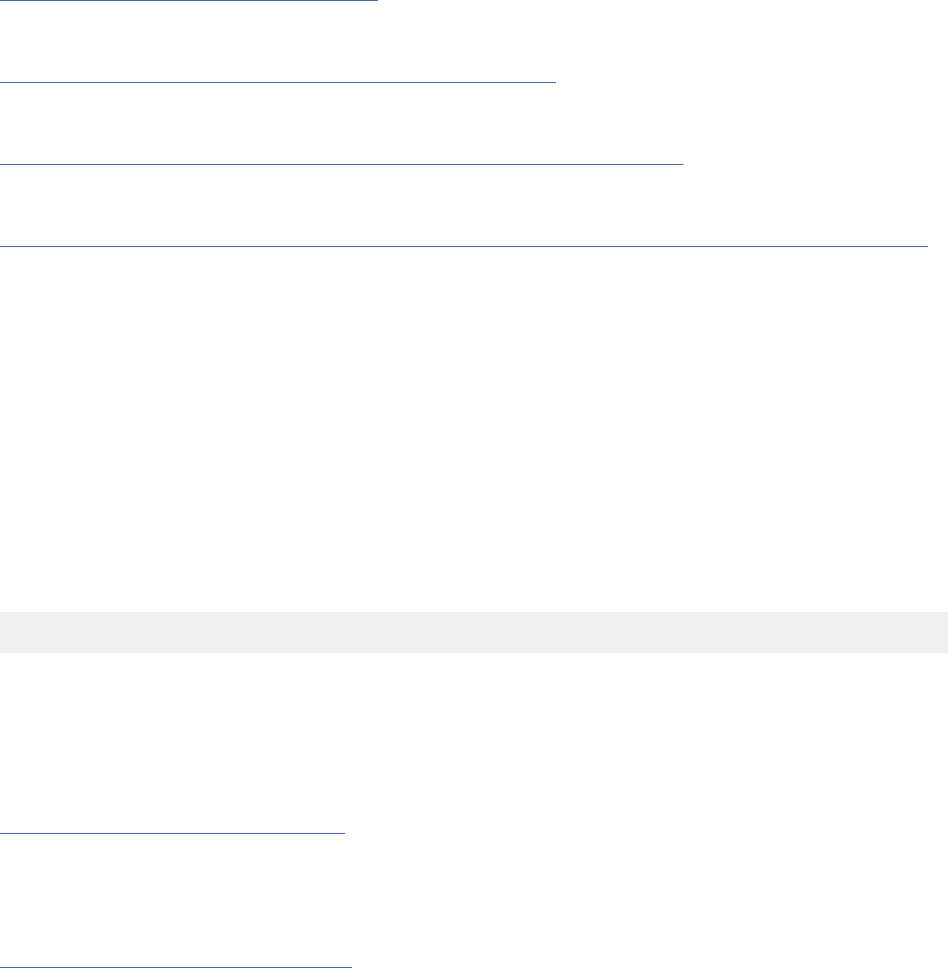
Related tasks
Checking the execution of SQL statements
After executing an SQL statement, your program should check for any errors before you commit the data
and handle the errors that they represent.
Checking the execution of SQL statements by using the SQLCA
One way to check whether an SQL statement executed successfully is to use the SQL communication area
(SQLCA). This area is set apart for communication with Db2.
Checking the execution of SQL statements by using SQLCODE and SQLSTATE
Whenever an SQL statement executes, the SQLCODE and SQLSTATE elds of the SQLCA receive a return
code.
Dening the items that your program can use to check whether an SQL statement executed successfully
If your program contains SQL statements, the program should dene some infrastructure so that it can
check whether the statements executed successfully. You can either include an SQL communications
area (SQLCA), which contains SQLCODE and SQLSTATE variables, or declare individual SQLCODE and
SQLSTATE host variables.
Dening SQL descriptor areas (SQLDA) in C and C++
If your program includes certain SQL statements, you must dene at least one SQL descriptor area
(SQLDA). Depending on the context in which it is used, the SQLDA stores information about prepared SQL
statements or host variables. This information can then be read by either the application program or Db2.
Procedure
Code the SQLDA directly in the program, or use the following SQL INCLUDE statement to request a
standard SQLDA declaration:
EXEC SQL INCLUDE SQLDA
You can place an SQLDA declaration wherever C allows a structure denition. Normal C scoping rules
apply. The standard declaration includes only a structure denition with the name sqlda.
Restriction: You must place SQLDA declarations before the rst SQL statement that references the data
descriptor, unless you use the TWOPASS SQL processing option.
Related tasks
Dening SQL descriptor areas (SQLDA)
If your program includes certain SQL statements, you must dene at least one SQL descriptor area
(SQLDA). Depending on the context in which it is used, the SQLDA stores information about prepared SQL
statements or host variables. This information can then be read by either the application program or Db2.
Related reference
SQL descriptor area (SQLDA) (Db2 SQL)
Declaring host variables and indicator variables in C and C++
You can use host variables, host-variable arrays, and host structures in SQL statements in your program to
pass data between Db2 and your application.
Procedure
To declare host variables, host-variable arrays, and host structures:
1. Declare the variables according to the following rules and guidelines:
• You can have more than one host variable declaration section in your program.
• You can use class members as host variables. Class members that are used as host variables are
accessible to any SQL statement within the class. However, you cannot use class objects as host
variables.
Chapter 4. Embedded SQL programming
583

• If you specify the ONEPASS SQL processing option, you must explicitly declare each host variable
and each host-variable array before using them in an SQL statement. If you specify the TWOPASS
precompiler option, you must declare each host variable before using it in the DECLARE CURSOR
statement.
Restriction: The Db2 coprocessor for C/C++ supports only the ONEPASS option.
• If you specify the STDSQL(YES) SQL processing option, you must precede the host language
statements that dene the host variables and host-variable arrays with the BEGIN DECLARE
SECTION statement and follow the host language statements with the END DECLARE SECTION
statement. Otherwise, these statements are optional.
• Ensure that any SQL statement that uses a host variable or host-variable array is within the scope of
the statement that declares that variable or array.
• If you are using the Db2 precompiler, ensure that the names of host variables and host-variable
arrays are unique within the program, even if the variables and variable arrays are in different blocks,
classes, procedures, functions, or subroutines. You can qualify the names with a structure name to
make them unique.
2. Optional: Dene any associated indicator variables, arrays, and structures.
Related tasks
Declaring host variables and indicator variables
You can use host variables and indicator variables in SQL statements in your program to pass data
between Db2 and your application.
Host variables in C and C++
In C and C++ programs, you can specify numeric, character, graphic, binary, LOB, XML, and ROWID
host variables. You can also specify result set, table, and LOB locators and LOB and XML le reference
variables.
Restrictions:
• Only some of the valid C declarations are valid host variable declarations. If the declaration for a
variable is not valid, any SQL statement that references the variable might result in the message
UNDECLARED HOST VARIABLE.
• C supports some data types and storage classes with no SQL equivalents, such as register storage class,
typedef, and long long.
• The following locator data types are special SQL data types that do not have C equivalents:
– Result set locator
– Table locator
– LOB locators
You cannot use them to dene column types.
• Although Db2 allows you to use properly formed L-literals in C application programs, Db2 does not
check for all the restrictions that the C compiler imposes on the L-literal. \
• Do not use L-literals in SQL statements. Use Db2 graphic string constants in SQL statements to work
with the L-literal.
Recommendations:
• Be careful of overflow. For example, suppose that you retrieve an INTEGER column value into a short
integer host variable, and the column value is larger than 32767. You get an overflow warning or an
error, depending on whether you provide an indicator variable.
• Be careful of truncation. Ensure that the host variable that you declare can contain the data and a
NUL terminator, if needed. Retrieving a floating-point or decimal column value into a long integer host
variable removes any fractional part of the value.
584
Db2 12 for z/OS: Application Programming and SQL Guide (Last updated: 2024-07-30)
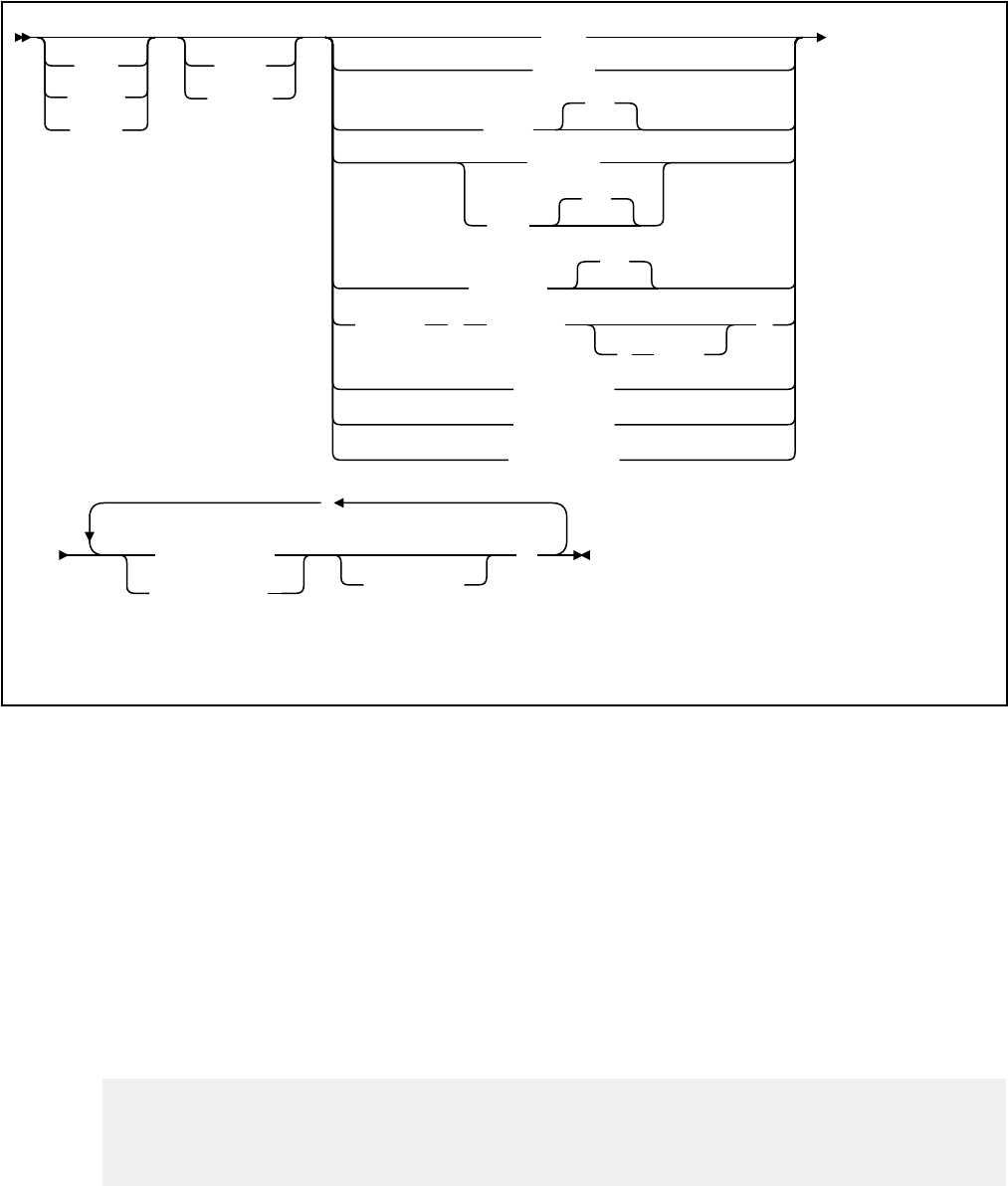
Numeric host variables
The following diagram shows the syntax for declaring numeric host variables.
auto
extern
static
const
volatile
float
double
short
int
sqlint32
long
int
long long
int
decimal ( precision
, scale
)
_Decimal32
_Decimal64
_Decimal128
,
variable-name
*pointer-name
1
=
expression
;
Notes:
1
If you use the pointer notation of the host variable, you must use the Db2 coprocessor.
Restrictions:
• If your C compiler does not have a decimal data type, no exact equivalent exists for the SQL data type
DECIMAL. In this case, you can use one of the following variables or techniques to handle decimal
values:
– An integer or floating-point variable, which converts the value. If you use an integer variable, you
lose the fractional part of the number. If the decimal number can exceed the maximum value for
an integer or if you want to preserve a fractional value, use floating-point variables. Floating-point
numbers are approximations of real numbers. Therefore, when you assign a decimal number to a
floating-point variable, the result might be different from the original number.
– A character-string host variable. Use the CHAR function to get a string representation of a decimal
number.
– The DECIMAL function to explicitly convert a value to a decimal data type, as shown in the following
example:
long duration=10100; /* 1 year and 1 month */
char result_dt[11];
EXEC SQL SELECT START_DATE + DECIMAL(:duration,8,0)
INTO :result_dt FROM TABLE1;
• z/OS 1.10 or above (z/OS V1R10 XL C/C++ ) is required to use the decimal floating-point host data type.
• The special C only 'complex floating-point' host data type is not a supported type for host variable.
• The FLOAT precompiler option does not apply to the decimal floating-point host variable types.
Chapter 4. Embedded SQL programming
585
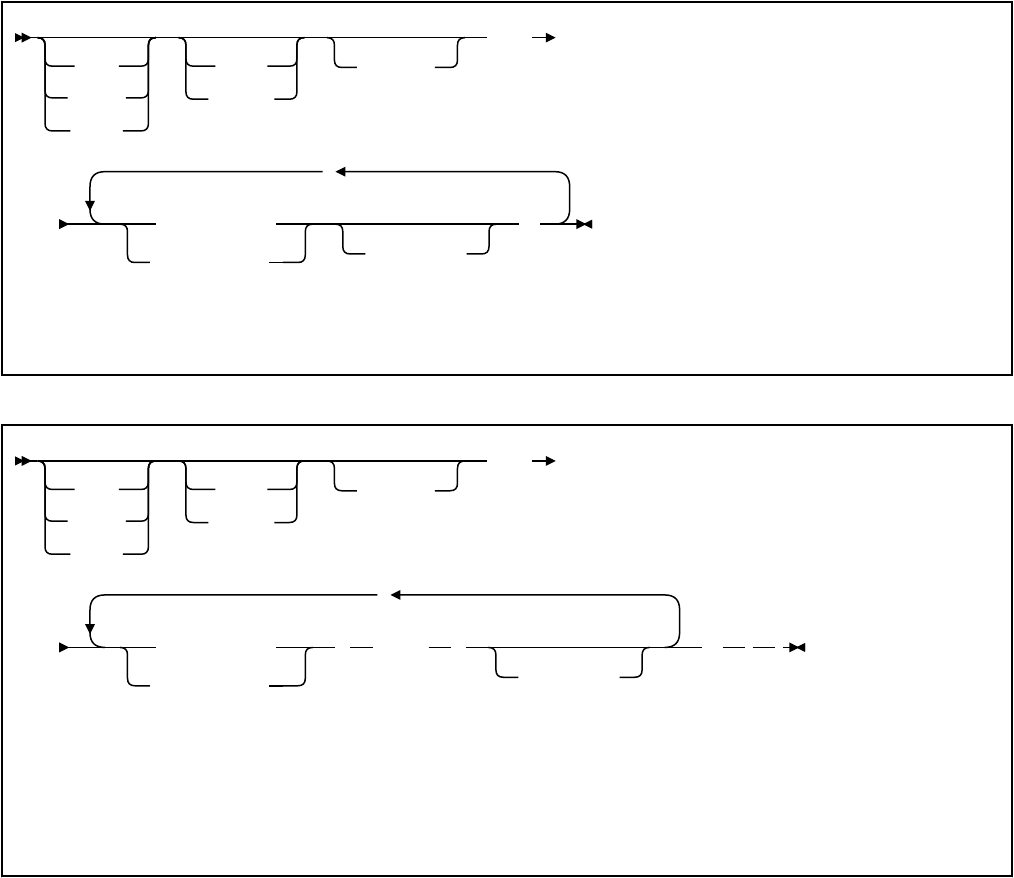
• To use decimal floating-point host variable, you must use the Db2 coprocessor.
For floating-point data types, use the FLOAT SQL processing option to specify whether the host variable
is in IEEE binary floating-point or z/Architecture hexadecimal floating-point format. Db2 does not check
if the format of the host variable contents match the format that you specied with the FLOAT SQL
processing option. Therefore, you need to ensure that your floating-point host variable contents match
the format that you specied with the FLOAT SQL processing option. Db2 converts all floating-point input
data to z/Architecture hexadecimal floating-point format before storing it.
Character host variables
You can specify the following forms of character host variables:
• Single-character form
• NUL-terminated character form
• VARCHAR structured form
• CLOBs
The following diagrams show the syntax for forms other than CLOBs.
The following diagram shows the syntax for declaring single-character host variables.
auto
extern
static
const
volatile
unsigned
char
,
variable-name
*pointer-name
1
=
expression
;
Notes:
1
If you use the pointer notation of the host variable, you must use the Db2 coprocessor.
The following diagram shows the syntax for declaring NUL-terminated character host variables.
auto
extern
static
const
volatile
unsigned
char
,
variable-name
*pointer-name
1
[ length ]
=
expression
;
2 3
Notes:
1
If you use the pointer notation of the host variable, you must use the Db2 coprocessor.
2
Any string that is assigned to this variable must be NUL-terminated. Any string that is retrieved from this
variable is NUL-terminated.
3
A NUL-terminated character host variable maps to a varying-length character string (except for the NUL).
586
Db2 12 for z/OS: Application Programming and SQL Guide (Last updated: 2024-07-30)
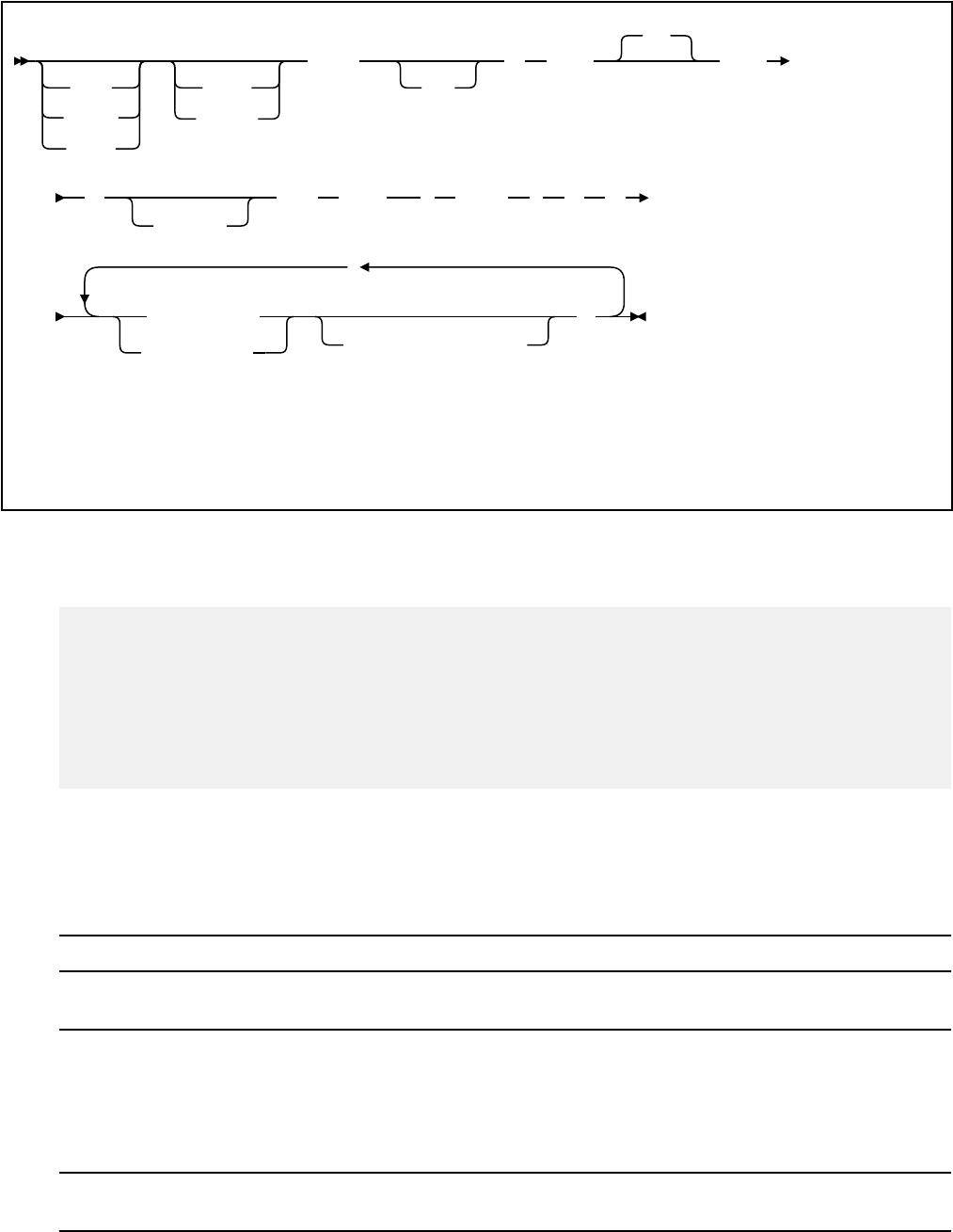
The following diagram shows the syntax for declaring varying-length character host variables that use the
VARCHAR structured form.
auto
extern
static
const
volatile
struct
1
tag
{ short
int
var-1
;
unsigned
char var-2
2
[ length ] ; }
,
variable-name
*pointer-name
3
={
expression
,
expression
}
;
Notes:
1
You can use the struct tag to dene other variables, but you cannot use them as host variables in SQL.
2
You cannot use var-1 and var-2 as host variables in an SQL statement.
3
If you use the pointer notation of the host variable, you must use the Db2 coprocessor.
Example
The following example code shows valid and invalid declarations of the VARCHAR structured form:
EXEC SQL BEGIN DECLARE SECTION;
/* valid declaration of host variable VARCHAR vstring */
struct VARCHAR {
short len;
char s[10];
} vstring;
/* invalid declaration of host variable VARCHAR wstring */
struct VARCHAR wstring;
For NUL-terminated string host variables, use the SQL processing options PADNTSTR and NOPADNTSTR
to specify whether the variable should be padded with blanks. The option that you specify determines
where the NUL-terminator is placed.
If you assign a string of length n to a NUL-terminated string host variable, the variable has one of the
values that is shown in the following table.
Table 99. Value of a NUL-terminated string host variable that is assigned a string of length n
Length of the NUL-terminated string host
variable Value of the variable
Less than or equal to n The source string up to a length of n-1 and a NUL at
the end of the string.
1
Db2 sets SQLWARN[1] to W and any indicator
variable that you provide to the original length of
the source string.
Equal to n+1 The source string and a NUL at the end of the
string.
1
Chapter 4. Embedded SQL programming587
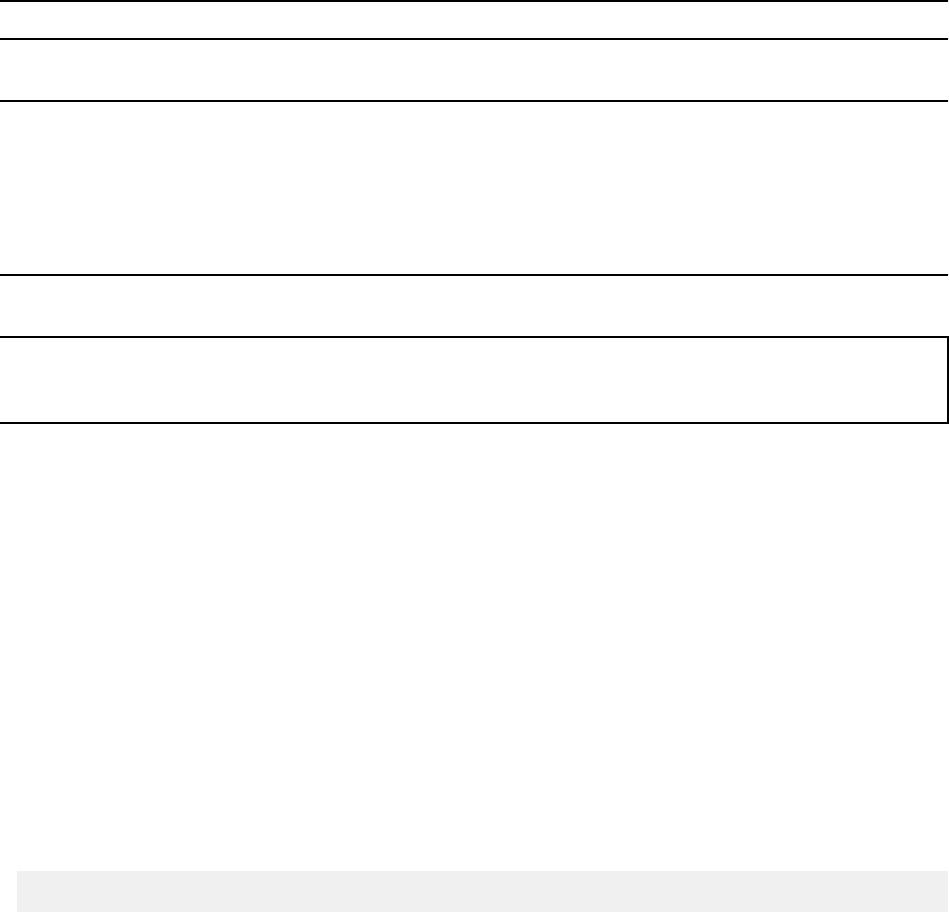
Table 99. Value of a NUL-terminated string host variable that is assigned a string of length n (continued)
Length of the NUL-terminated string host
variable Value of the variable
Greater than n+1 and the source is a xed-length
string
If PADNTSTR is in effect
The source string, blanks to pad the value, and
a NUL at the end of the string.
If NOPADNTSTR is in effect
The source string and a NUL at the end of the
string.
Greater than n+1 and the source is a varying-length
string
The source string and a NUL at the end of the
string.
1
Note:
1. In these cases, whether NOPADNTSTR or PADNTSTR is in effect is irrelevant.
Restriction: If you use the Db2 precompiler, you cannot use a host variable that is of the NUL-terminated
form in either a PREPARE or DESCRIBE statement. However, if you use the Db2 coprocessor, you
can use host variables of the NUL-terminated form in PREPARE, DESCRIBE, and EXECUTE IMMEDIATE
statements.
Graphic host variables
You can specify the following forms of graphic host variables:
• Single-graphic form
• NUL-terminated graphic form
• VARGRAPHIC structured form.
• DBCLOBs
Recommendation: Instead of using the C data type wchar_t to dene graphic and vargraphic host
variables, use one of the following techniques:
• Dene the sqldbchar data type by using the following typedef statement:
typedef unsigned short sqldbchar;
• Use the sqldbchar data type that is dened in the typedef statement in one of the following les or
libraries:
– SQL library, sql.h
– Db2 CLI library, sqlcli.h
– SQLUDF le in data set DSN1210.SDSNC.H
• Use the C data type unsigned short.
Using sqldbchar or unsigned short enables you to manipulate DBCS and Unicode UTF-16 data in the
same format in which it is stored in Db2. Using sqldbchar also makes applications easier to port to other
platforms.
The following diagrams show the syntax for forms other than DBCLOBs.
The following diagram shows the syntax for declaring single-graphic host variables.
588
Db2 12 for z/OS: Application Programming and SQL Guide (Last updated: 2024-07-30)
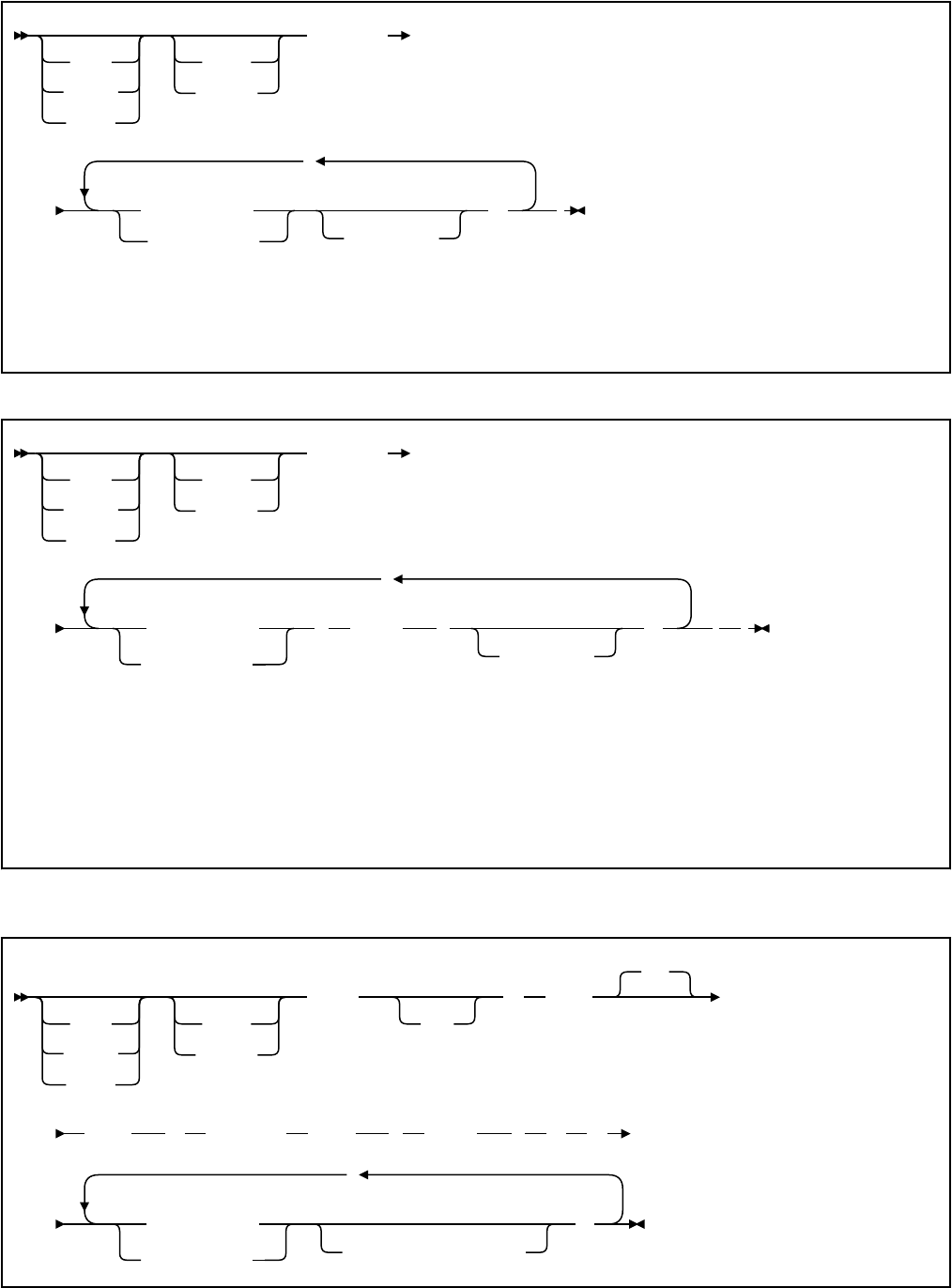
auto
extern
static
const
volatile
sqldbchar
,
variable-name
1
*pointer-name
=
expression
;
2
Notes:
1
You cannot use array notation in variable-name.
2
The single-graphic form declares a xed-length graphic string of length 1.
The following diagram shows the syntax for declaring NUL-terminated graphic host variables.
auto
extern
static
const
volatile
sqldbchar
,
variable-name
*pointer-name
1
[ length
2
]
=
expression
;
3 4
Notes:
1
If you use the pointer notation of the host variable, you must use the Db2 coprocessor.
2
length must be a decimal integer constant greater than 1 and not greater than 16352.
3
Any string that is assigned to this variable must be NUL-terminated. Any string that is retrieved from this
variable is NUL-terminated.
4
The NUL-terminated graphic form does not accept single-byte characters for the variable.
The following diagram shows the syntax for declaring graphic host variables that use the VARGRAPHIC
structured form.
auto
extern
static
const
volatile
struct
1
tag
{ short
int
var-1
2
; sqldbchar var-2
3
[ length
4
] ; }
,
variable-name
*pointer-name
5
={
expression
,
expression
}
;
Chapter 4. Embedded SQL programming
589
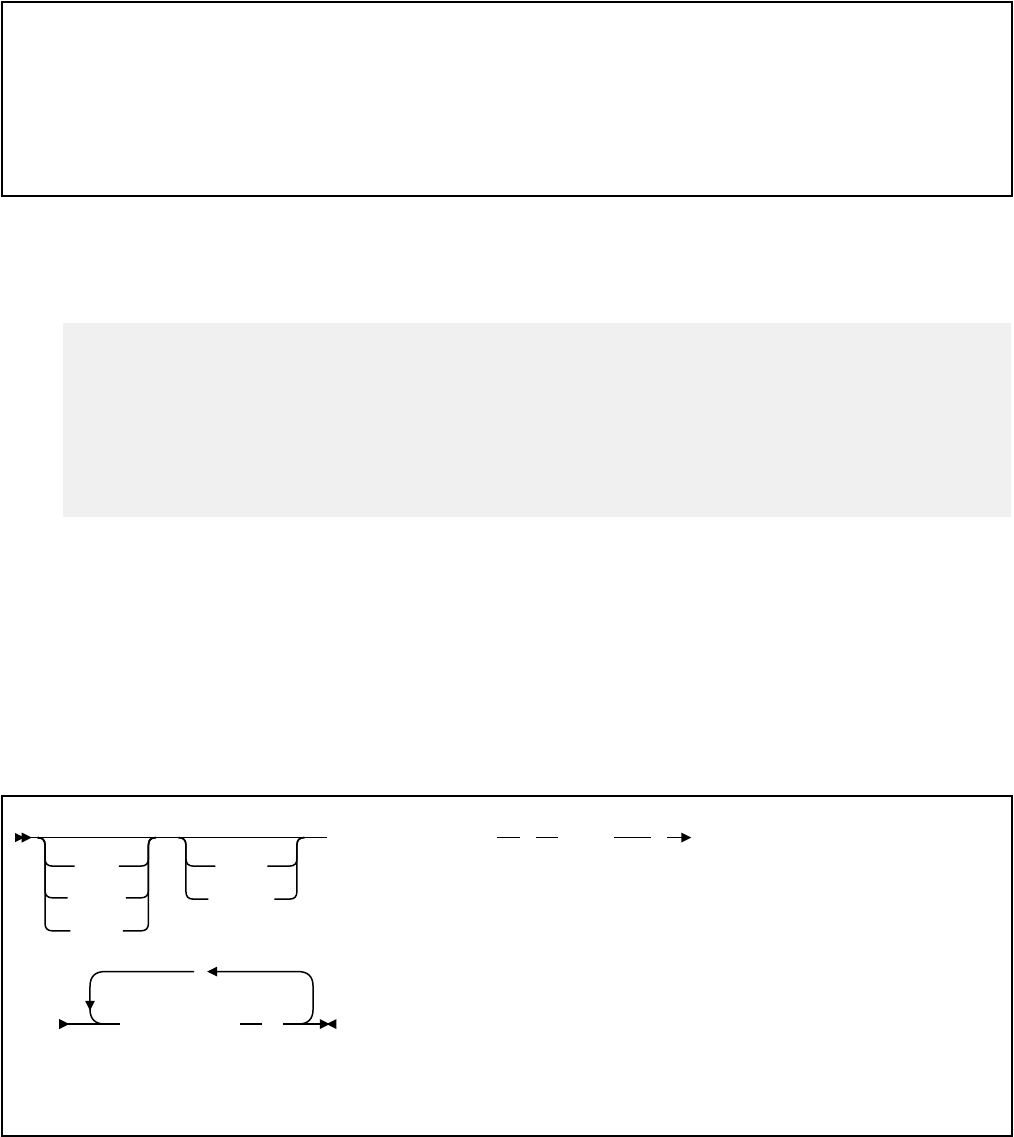
Notes:
1
You can use the struct tag to dene other variables, but you cannot use them as host variables in SQL.
2
var-1 must be less than or equal to length.
3
You cannot use var-1 or var-2 as host variables in an SQL statement.
4
length must be a decimal integer constant greater than 1 and not greater than 16352.
5
f you use the pointer notation of the host variable, you must use the Db2 coprocessor.
Example
The following example shows valid and invalid declarations of graphic host variables that use the
VARGRAPHIC structured form:
EXEC SQL BEGIN DECLARE SECTION;
/* valid declaration of host variable structured vgraph */
struct VARGRAPH {
short len;
sqldbchar d[10];
} vgraph;
/* invalid declaration of host variable structured wgraph */
struct VARGRAPH wgraph;
Binary host variables
You can specify the following forms of binary host variables:
• Fixed-length strings
• Varying-length strings
• BLOBs
The following diagrams show the syntax for forms other than BLOBs.
The following diagram shows the syntax for declaring binary host variables.
auto
extern
static
const
volatile
SQL TYPE IS BINARY ( length
1
)
,
variable-name ;
Notes:
1
The length must be a value in the range 1–255.
The following diagram shows the syntax for declaring VARBINARY host variables.
590
Db2 12 for z/OS: Application Programming and SQL Guide (Last updated: 2024-07-30)
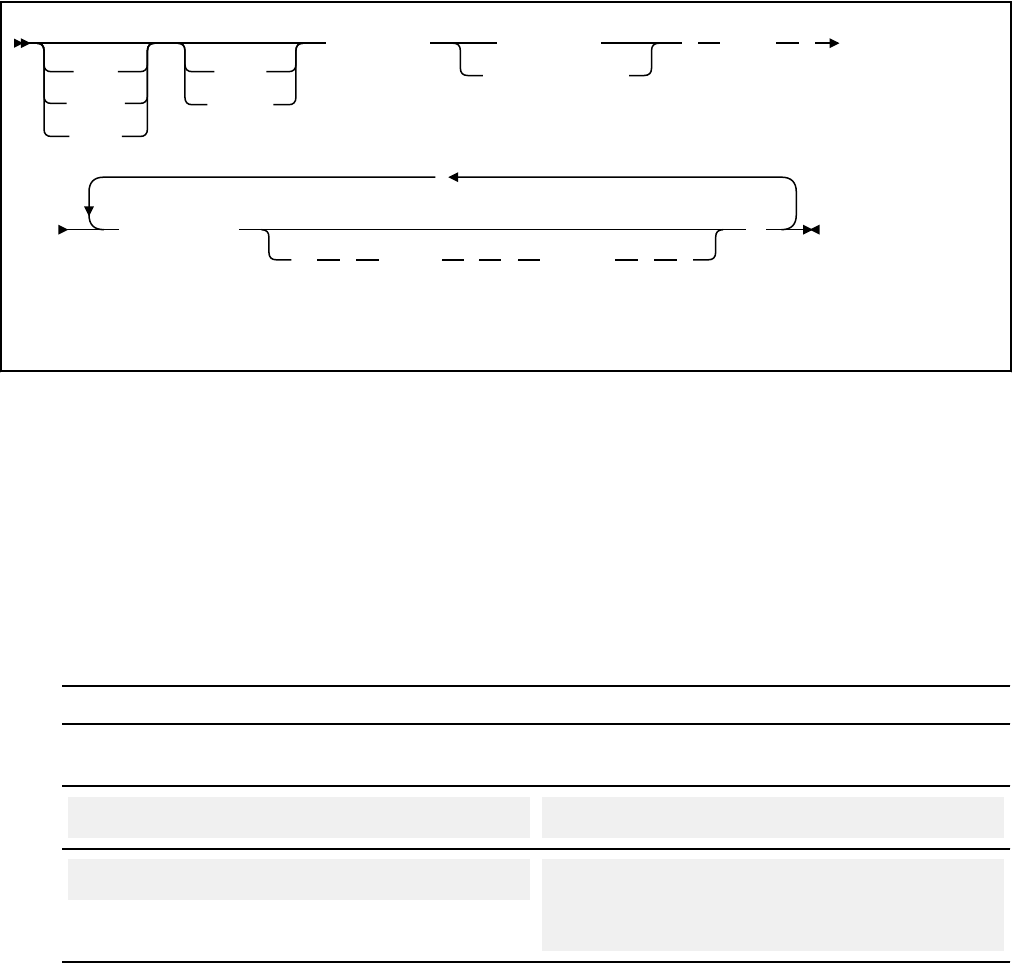
auto
extern
static
const
volatile
SQL TYPE IS VARBINARY
1
BINARY VARYING
( length )
,
variable-name
= { init-len , " init-data " }
;
Notes:
1
For VARBINARY host variables, the length must be in the range 1–32704.
The C language does not have variables that correspond to the SQL binary data types BINARY and
VARBINARY. To create host variables that can be used with these data types, use the SQL TYPE IS
clause. The SQL precompiler replaces this declaration with the C language structure in the output source
member.
When you reference a BINARY or VARBINARY host variable in an SQL statement, you must use the
variable that you specify in the SQL TYPE declaration. When you reference the host variable in a host
language statement, you must use the variable that Db2 generates.
Examples of binary variable declarations
The following table shows examples of variables that Db2 generates when you declare binary host
variables.
Table 100. Examples of BINARY and VARBINARY variable declarations for C
Variable declaration that you include in your C
program
Corresponding variable that Db2 generates in the
output source member
SQL TYPE IS BINARY(10) bin_var; char bin_var[10]
SQL TYPE IS VARBINARY(10) vbin_var; struct {
short length;
char data[10];
} vbin_var;
Recommendation: Be careful when you use binary host variables with C and C++. The SQL TYPE
declaration for BINARY and VARBINARY does not account for the NUL-terminator that C expects, because
binary strings are not NUL-terminated strings. Also, the binary host variable might contain zeroes at any
point in the string.
Result set locators
The following diagram shows the syntax for declaring result set locators.
Chapter 4. Embedded SQL programming
591
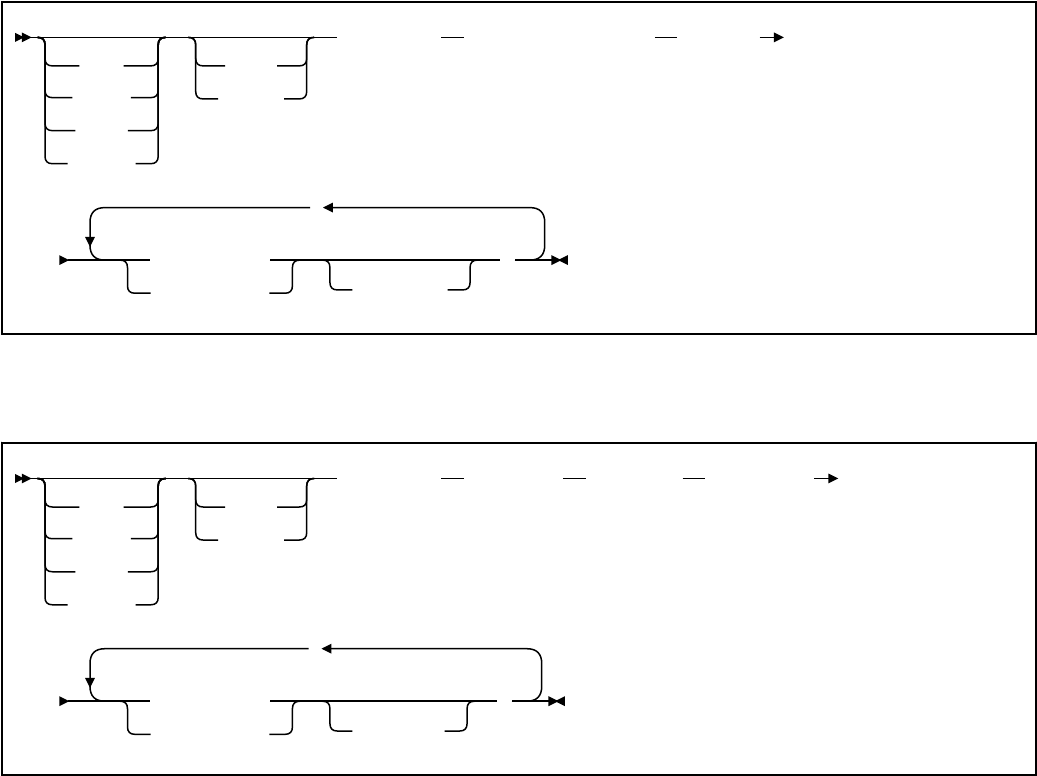
auto
extern
static
register
const
volatile
SQL TYPE IS RESULT_SET_LOCATOR VARYING
,
variable-name
*pointer-name
= init-value
;
Table locators
The following diagram shows the syntax for declaring table locators.
auto
extern
static
register
const
volatile
SQL TYPE IS TABLE LIKE table-name AS LOCATOR
,
variable-name
*pointer-name
=
init-value
;
LOB variables, locators, and le reference variables
The following diagram shows the syntax for declaring BLOB, CLOB, and DBCLOB host variables, locators,
and le reference variables.
592
Db2 12 for z/OS: Application Programming and SQL Guide (Last updated: 2024-07-30)
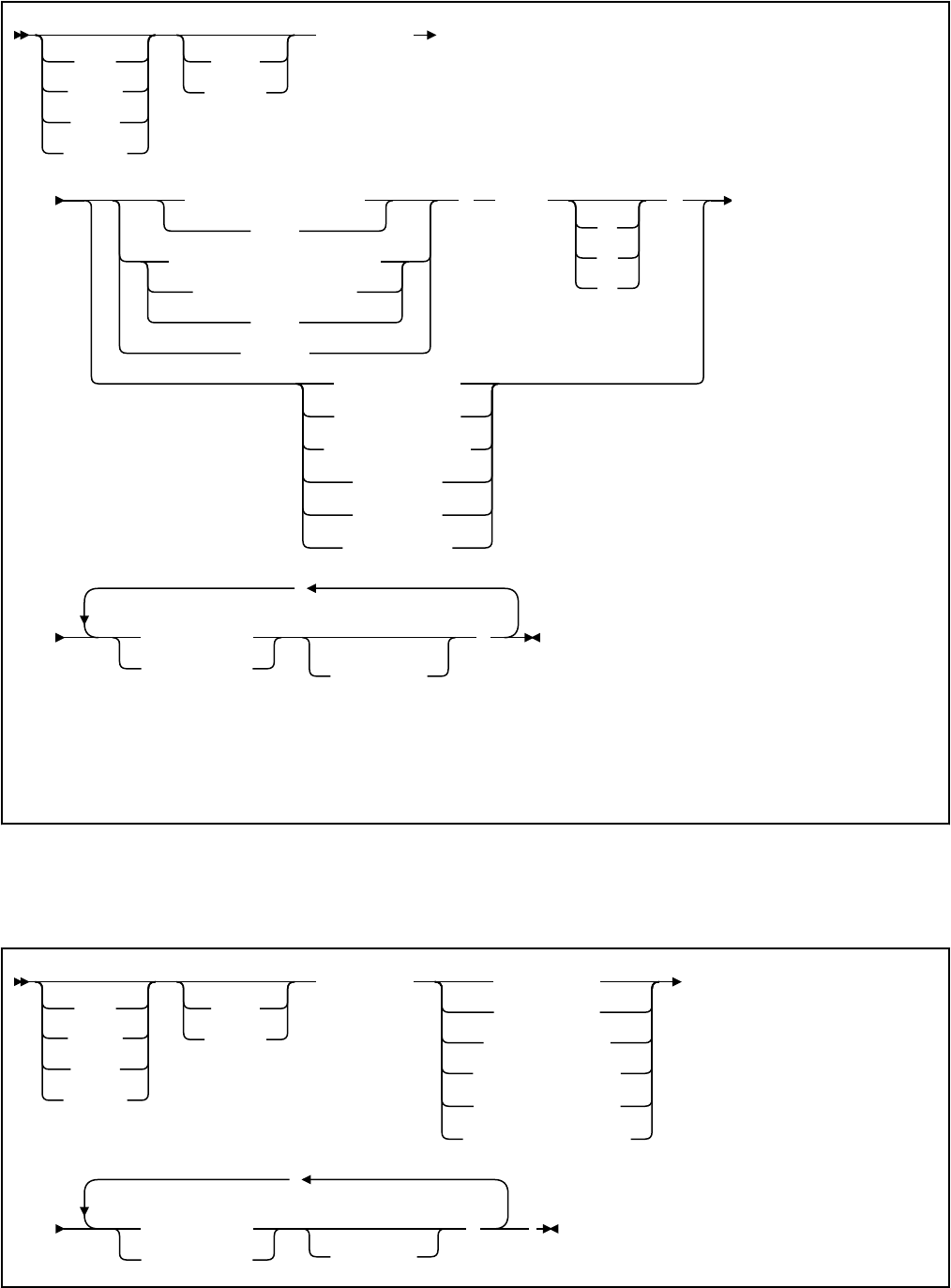
auto
extern
static
register
const
volatile
SQL TYPE IS
BINARY LARGE OBJECT
BLOB
CHARACTER LARGE OBJECT
CHAR LARGE OBJECT
CLOB
DBCLOB
( length
K
M
G
)
BLOB_LOCATOR
CLOB_LOCATOR
DBCLOB_LOCATOR
BLOB_FILE
CLOB_FILE
DBCLOB_FILE
,
variable-name
*pointer-name
=
init-value
1
;
Notes:
1
Specify the initial value as a series of expressions. For example, specify ={expression,
expression}. For BLOB_FILE, CLOB_FILE, and DBCLOB_FILE, specify ={name_length,
data_length, file_option_map, file_name}.
XML data host and le reference variables
The following diagram shows the syntax for declaring BLOB, CLOB, and DBCLOB host variables and le
reference variables for XML data types.
auto
extern
static
register
const
volatile
SQL TYPE IS XML AS BLOB
XML AS CLOB
XML AS DBCLOB
XML AS BLOB_FILE
XML AS CLOB_FILE
XML AS DBCLOB_FILE
,
variable-name
*pointer-name
=
init-value
;
1
Chapter 4. Embedded SQL programming
593
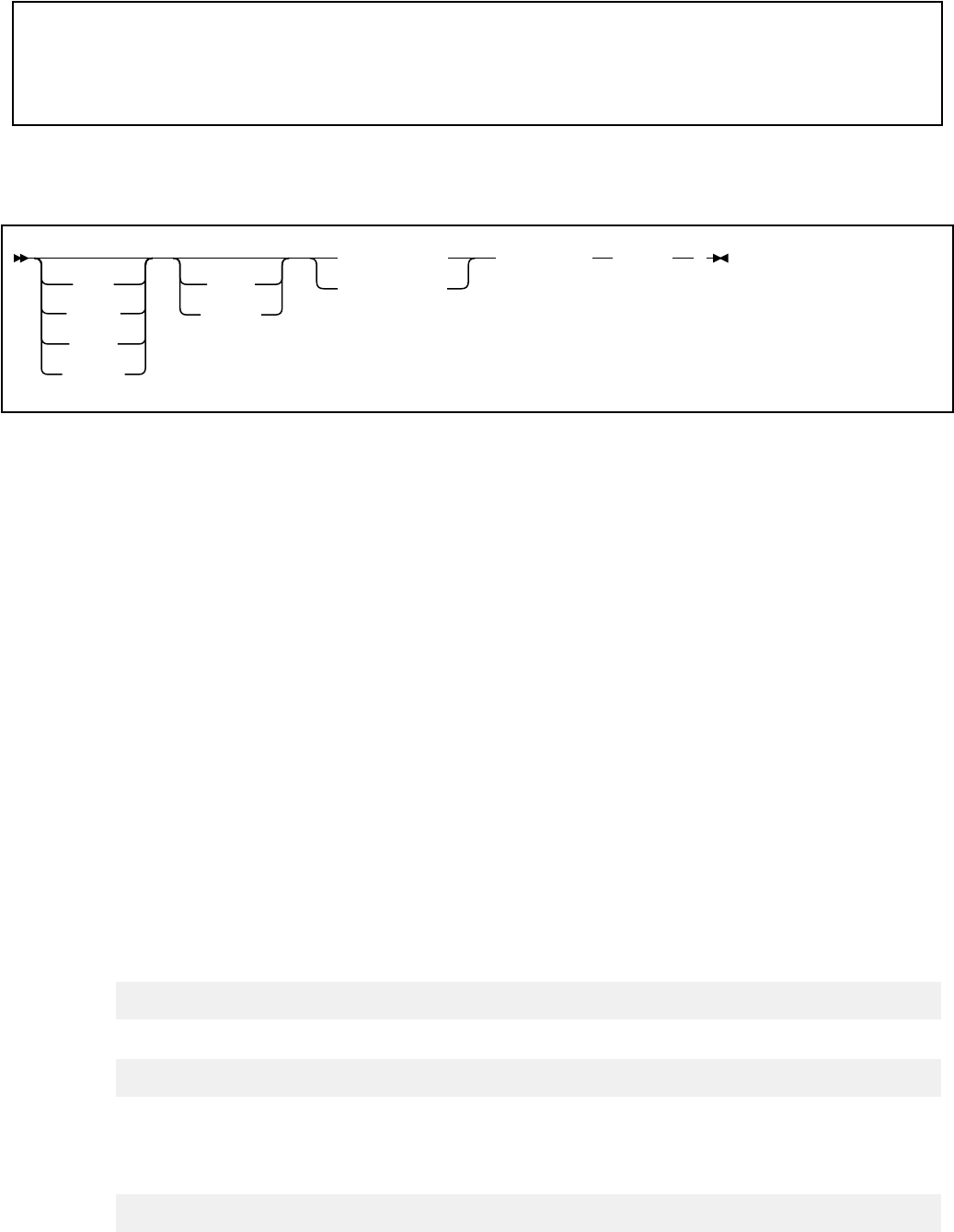
Notes:
1
Specify the initial value as a series of expressions. For example, specify ={expression,
expression}. For BLOB_FILE, CLOB_FILE, and DBCLOB_FILE, specify ={name_length,
data_length, file_option_map, file_name}.
ROWID host variables
The following diagram shows the syntax for declaring ROWID host variables.
auto
extern
static
register
const
volatile
variable-name
*pointer-name
SQL TYPE IS ROWID ;
Constants
The syntax for constants in C and C++ programs differs from the syntax for constants in SQL statements in
the following ways:
• C/C++ uses various forms for numeric literals (possible sufxes are: ll, LL, u, U, f,F,l,L,df,DF, dd, DD, dl,
DL,d, D). For example, in C/C++:
4850976 is a decimal literal
0x4bD is a hexadecimal integer literal
03245 is an octal integer literal
3.2E+4 is a double floating-point literal
3.2E+4f is a float floating-point literal
3.2E+4l is a long double floating-point literal
0x4bDP+4 is a double hexadecimal floating-point literal
22.2df is a _Decimal32 decimal floating-point literal
0.00D is a xed-point decimal literal (z/OS only when LANGLVL(EXTENDED) is specied)
• Use C/C++ literal form only outside of SQL statements. Within SQL statements, use numeric constants.
• In C, character constants and string constants can use escape sequences. You cannot use the escape
sequences in SQL statements.
• Apostrophes and quotation marks have different meanings in C and SQL. In C, you can use double
quotation marks to delimit string constants, and apostrophes to delimit character constants.
Example: Use of quotation marks in C
printf( "%d lines read. \n", num_lines);
Example: Use of apostrophes in C
#define NUL '\0'
In SQL, you can use double quotation marks to delimit identiers and apostrophes to delimit string
constants.
Example: quotation marks in SQL
SELECT "COL#1" FROM TBL1;
594
Db2 12 for z/OS: Application Programming and SQL Guide (Last updated: 2024-07-30)

Example: apostrophes in SQL
SELECT COL1 FROM TBL1 WHERE COL2 = 'BELL';
• Character data in SQL is distinct from integer data. Character data in C is a subtype of integer data.
Related concepts
Host variables
Use host variables to pass a single data item between Db2 and your application.
Using host variables in SQL statements
Use scalar host variables in embedded SQL statements to represent a single value. Host variables are
useful for storing retrieved data or for passing values that are to be assigned or used for comparisons.
Related tasks
Determining whether a retrieved value in a host variable is null or truncated
Before your application manipulates the data that was retrieved from Db2 into a host variable, determine
if the value is null. Also determine if it was truncated when assigned to the variable. You can use indicator
variables to obtain this information.
Inserting a single row by using a host variable
Use host variables in your INSERT statement when you don't know at least some of the values to insert
until the program runs.
Inserting null values into columns by using indicator variables or arrays
If you need to insert null values into a column, using an indicator variable or array is an easy way to do so.
An indicator variable or array is associated with a particular host variable or host-variable array.
Storing LOB data in Db2 tables
Db2 handles LOB data differently than other kinds of data. As a result, you sometimes need to take
additional actions when you dene LOB columns and insert the LOB data.
Retrieving a single row of data into host variables
If you know that your query returns only one row, you can specify one or more host variables to contain
the column values of the retrieved row.
Retrieving a single row of data into a host structure
If you know that your query returns multiple column values for only one row, you can specify a host
structure to contain the column values.
Updating data by using host variables
When you want to update a value in a Db2 table, but you do not know the exact value until the program
runs, use host variables. Db2 can change a table value to match the current value of the host variable.
Related reference
Descriptions of SQL processing options
You can specify any SQL processing options regardless of whether you use the Db2 precompiler or the
Db2 coprocessor. However, the Db2 coprocessor might ignore certain options because host language
compiler options exist that provide the same information.
Host-variable arrays in C and C++
In C and C++ programs, you can specify numeric, character, graphic, binary, LOB, XML, and ROWID
host-variable arrays. You can also specify LOB locators and LOB and XML le reference variables.
Host-variable arrays can be referenced only as a simple reference in the following contexts. In syntax
diagrams, host-variable-array designates a reference to a host-variable array.
• In a FETCH statement for a multiple-row fetch. See FETCH statement (Db2 SQL).
• In the FOR n ROWS form of the INSERT statement with a host-variable array for the source data. See
INSERT statement (Db2 SQL).
• In a MERGE statement with multiple rows of source data. See MERGE statement (Db2 SQL).
• In an EXECUTE statement to provide a value for a parameter marker in a dynamic FOR n ROWS form of
the INSERT statement or a MERGE statement. See EXECUTE statement (Db2 SQL).
Chapter 4. Embedded SQL programming
595
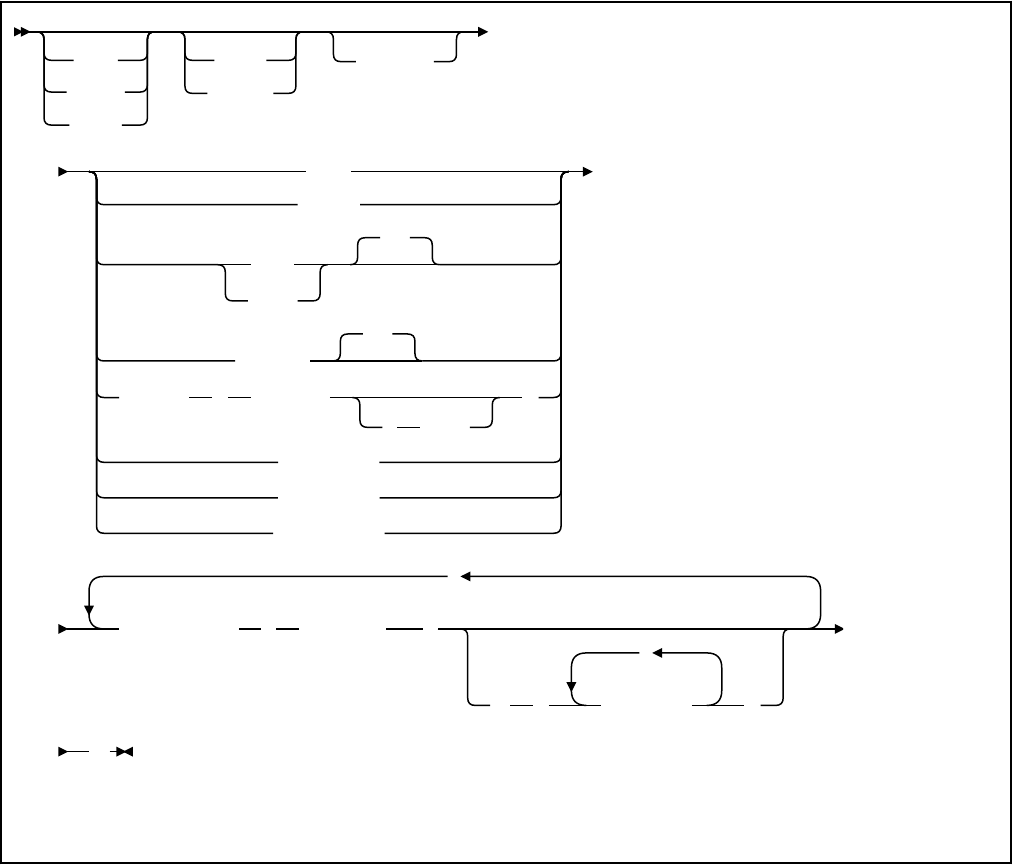
Restrictions:
• Only some of the valid C declarations are valid host-variable array declarations. If the declaration for
a variable array is not valid, any SQL statement that references the variable array might result in the
message UNDECLARED HOST VARIABLE ARRAY.
• For both C and C++, you cannot specify the _packed attribute on the structure declarations for the
following arrays that are used in multiple-row INSERT, FETCH, and MERGE statements:
– varying-length character arrays
– varying-length graphic arrays
– LOB arrays
In addition, the #pragma pack(1) directive cannot be in effect if you plan to use these arrays in
multiple-row statements.
Numeric host-variable arrays
The following diagram shows the syntax for declaring numeric host-variable arrays.
auto
extern
static
const
volatile
unsigned
float
double
long
short
int
long long
int
decimal ( precision
, scale
)
_Decimal32
_Decimal64
_Decimal128
,
variable-name [ dimension
1
]
= {
,
expression }
;
Notes:
1
dimension must be an integer constant in the range 1–32767.
596
Db2 12 for z/OS: Application Programming and SQL Guide (Last updated: 2024-07-30)
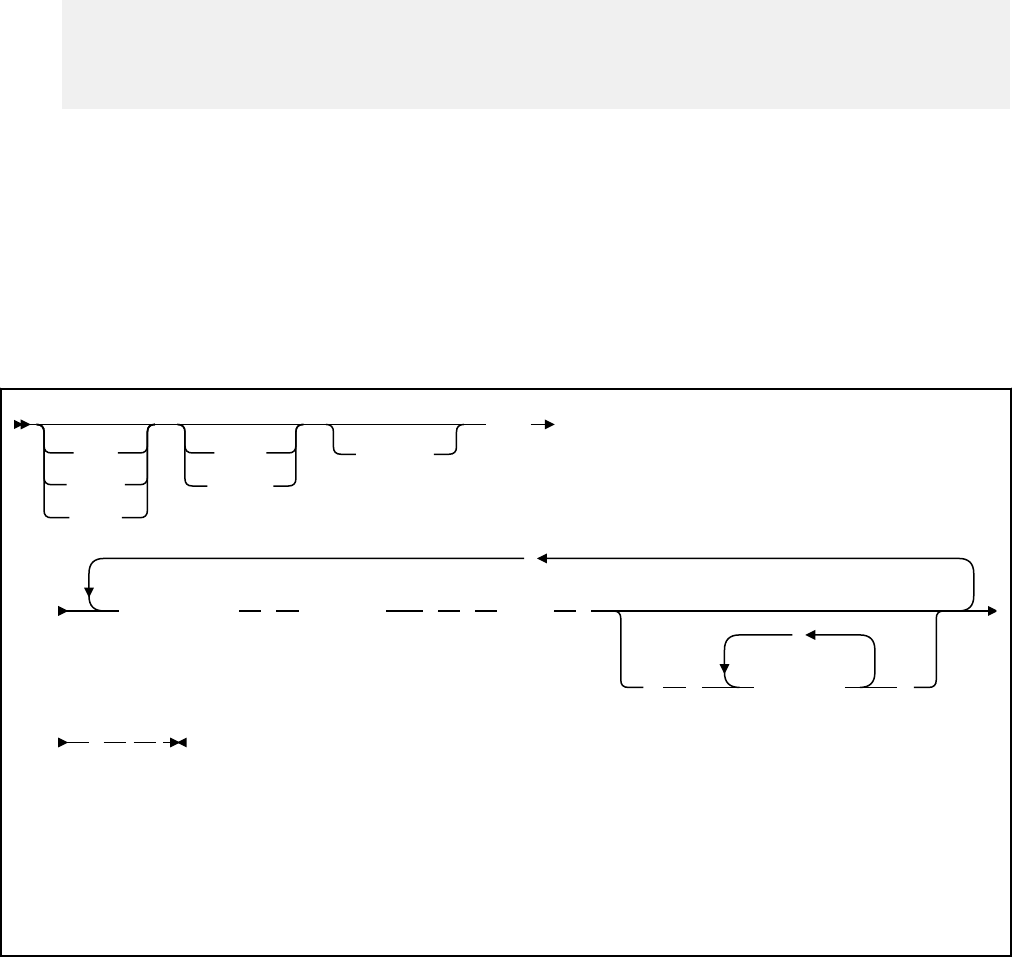
Example
The following example shows a declaration of a numeric host-variable array:
EXEC SQL BEGIN DECLARE SECTION;
/* declaration of numeric host-variable array */
long serial_num[10];
...
EXEC SQL END DECLARE SECTION;
Character host-variable arrays
You can specify the following forms of character host-variable arrays:
• NUL-terminated character form
• VARCHAR structured form
• CLOBs
The following diagrams show the syntax for forms other than CLOBs.
The following diagram shows the syntax for declaring NUL-terminated character host-variable arrays.
auto
extern
static
const
volatile
unsigned
char
,
variable-name [ dimension
1
] [ length ]
= {
,
expression }
;
2 3
Notes:
1
dimension must be an integer constant in the range 1–32767.
2
Any string that is assigned to this variable must be NUL-terminated. Any string that is retrieved from this
variable is NUL-terminated.
3
The strings in a NUL-terminated character host-variable array map to varying-length character strings
(except for the NUL).
The following diagram shows the syntax for declaring varying-length character host-variable arrays that
use the VARCHAR structured form.
Chapter 4. Embedded SQL programming
597
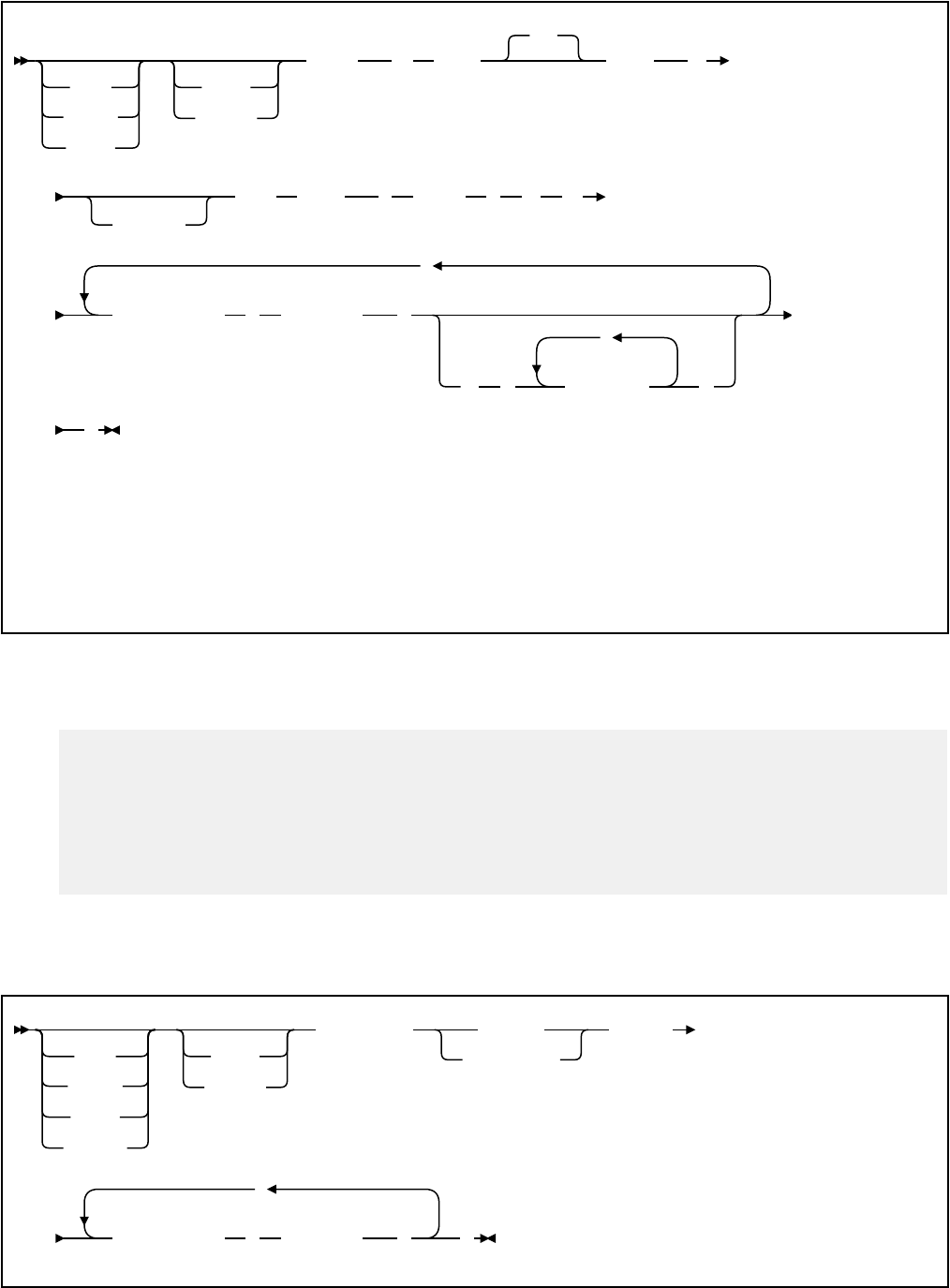
auto
extern
static
const
volatile
struct
1
{ short
int
var-1
2
;
unsigned
char var-2
3
[ length ] ; }
,
variable-name [ dimension
4
]
= {
,
expression }
;
Notes:
1
You can use the struct tag to dene other variables, but you cannot use them as host-variable arrays in
SQL.
2
var-1 must be a scalar numeric variable.
3
var-2 must be a scalar CHAR array variable.
4
dimension must be an integer constant in the range 1–32767.
Example
The following example shows valid and invalid declarations of VARCHAR host-variable arrays.
EXEC SQL BEGIN DECLARE SECTION;
/* valid declaration of VARCHAR host-variable array */
struct VARCHAR {
short len;
char s[18];
} name[10];
/* invalid declaration of VARCHAR host-variable array */
struct VARCHAR name[10];
Binary host-variable arrays
The following diagram shows the syntax for declaring binary host-variable arrays.
auto
extern
static
register
const
volatile
SQL TYPE IS BINARY
VARBINARY
(
length
)
,
variable-name [ dimension
1
] ;
Notes:
598
Db2 12 for z/OS: Application Programming and SQL Guide (Last updated: 2024-07-30)
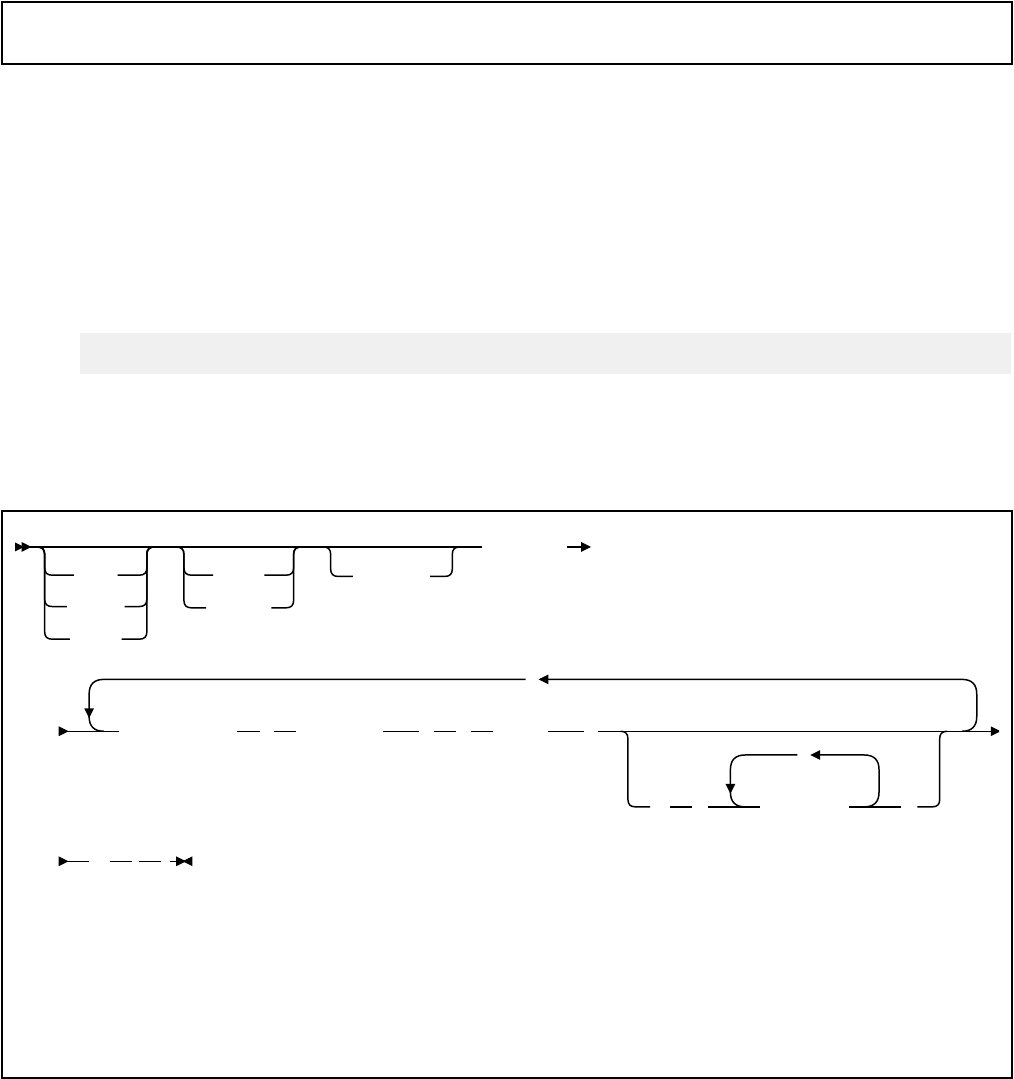
1
dimension must be an integer constant in the range 1–32767.
Graphic host-variable arrays
You can specify the following forms of graphic host-variable arrays:
• NUL-terminated graphic form
• VARGRAPHIC structured form.
Recommendation: Instead of using the C data type wchar_t to dene graphic and vargraphic host-
variable arrays, use one of the following techniques:
• Dene the sqldbchar data type by using the following typedef statement:
typedef unsigned short sqldbchar;
• Use the sqldbchar data type that is dened in the typedef statement in the header les that are
supplied by Db2.
• Use the C data type unsigned short.
The following diagram shows the syntax for declaring NUL-terminated graphic host-variable arrays.
auto
extern
static
const
volatile
unsigned
sqldbchar
,
variable-name [ dimension
1
] [ length
2
]
= {
,
expression }
;
3 4
Notes:
1
dimension must be an integer constant in the range 1–32767.
2
length must be a decimal integer constant greater than 1 and not greater than 16352.
3
Any string that is assigned to this variable must be NUL-terminated. Any string that is retrieved from this
variable is NUL-terminated.
4
Do not assign single-byte characters into a NUL-terminated graphic host-variable array
The following diagram shows the syntax for declaring graphic host-variable arrays that use the
VARGRAPHIC structured form.
Chapter 4. Embedded SQL programming
599
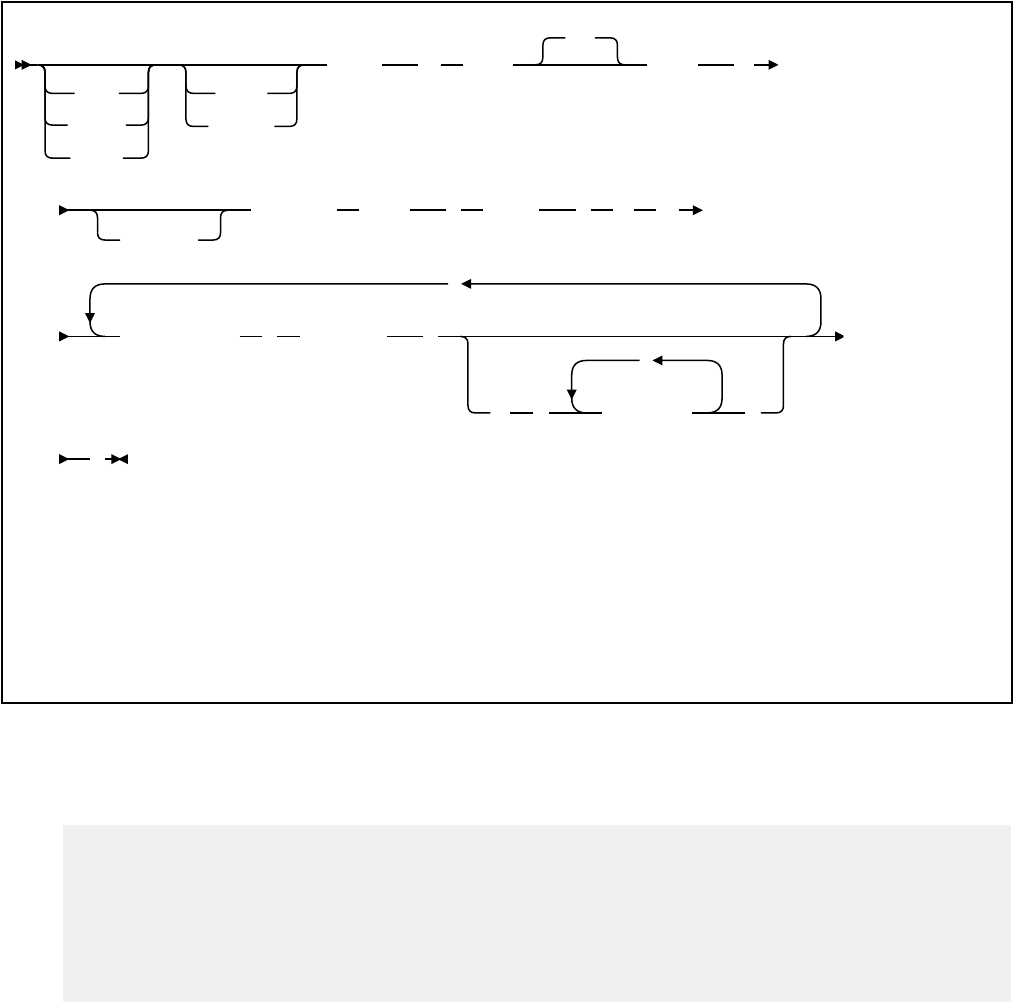
auto
extern
static
const
volatile
struct
1
{ short
int
var-1
2
;
unsigned
sqldbchar var-2
3
[ length
4
] ; }
,
variable-name [ dimension
5
]
= {
,
expression }
;
Notes:
1
You can use the struct tag to dene other variables, but you cannot use them as host-variable arrays in
SQL.
2
var-1 must be a scalar numeric variable.
3
var-2 must be a scalar char array variable.
4
length must be a decimal integer constant greater than 1 and not greater than 16352.
5
dimension must be an integer constant in the range 1–32767.
Example
The following example shows valid and invalid declarations of graphic host-variable arrays that use the
VARGRAPHIC structured form.
EXEC SQL BEGIN DECLARE SECTION;
/* valid declaration of host-variable array vgraph */
struct VARGRAPH {
short len;
sqldbchar d[10];
} vgraph[20];
/* invalid declaration of host-variable array vgraph */
struct VARGRAPH vgraph[20];
LOB, locator, and le reference variable arrays
The following diagram shows the syntax for declaring BLOB, CLOB, and DBCLOB host-variable arrays,
locators, and le reference variables.
600
Db2 12 for z/OS: Application Programming and SQL Guide (Last updated: 2024-07-30)
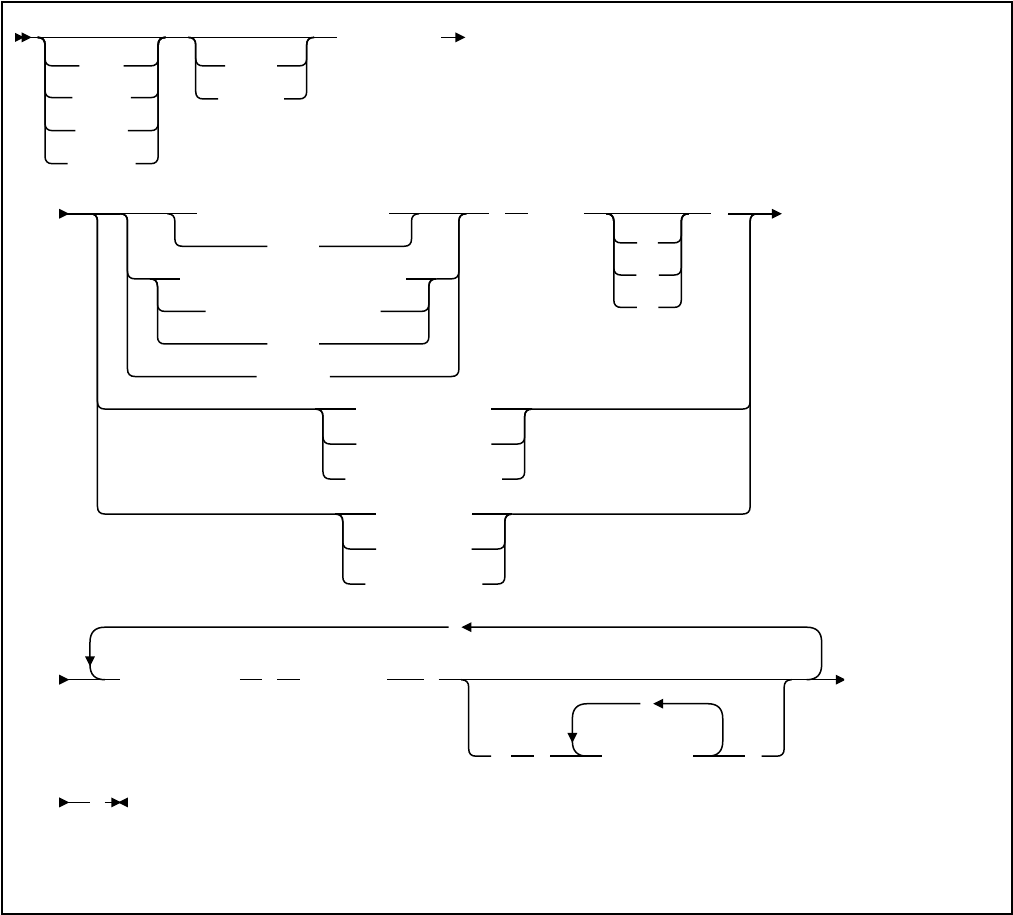
auto
extern
static
register
const
volatile
SQL TYPE IS
BINARY LARGE OBJECT
BLOB
CHARACTER LARGE OBJECT
CHAR LARGE OBJECT
CLOB
DBCLOB
( length
K
M
G
)
BLOB_LOCATOR
CLOB_LOCATOR
DBCLOB_LOCATOR
BLOB_FILE
CLOB_FILE
DBCLOB_FILE
,
variable-name [ dimension
1
]
= {
,
expression }
;
Notes:
1
dimension must be an integer constant in the range 1–32767.
XML host and le reference variable arrays
The following diagram shows the syntax for declaring BLOB, CLOB, and DBCLOB host-variable arrays and
le reference variable arrays for XML data types.
Chapter 4. Embedded SQL programming
601
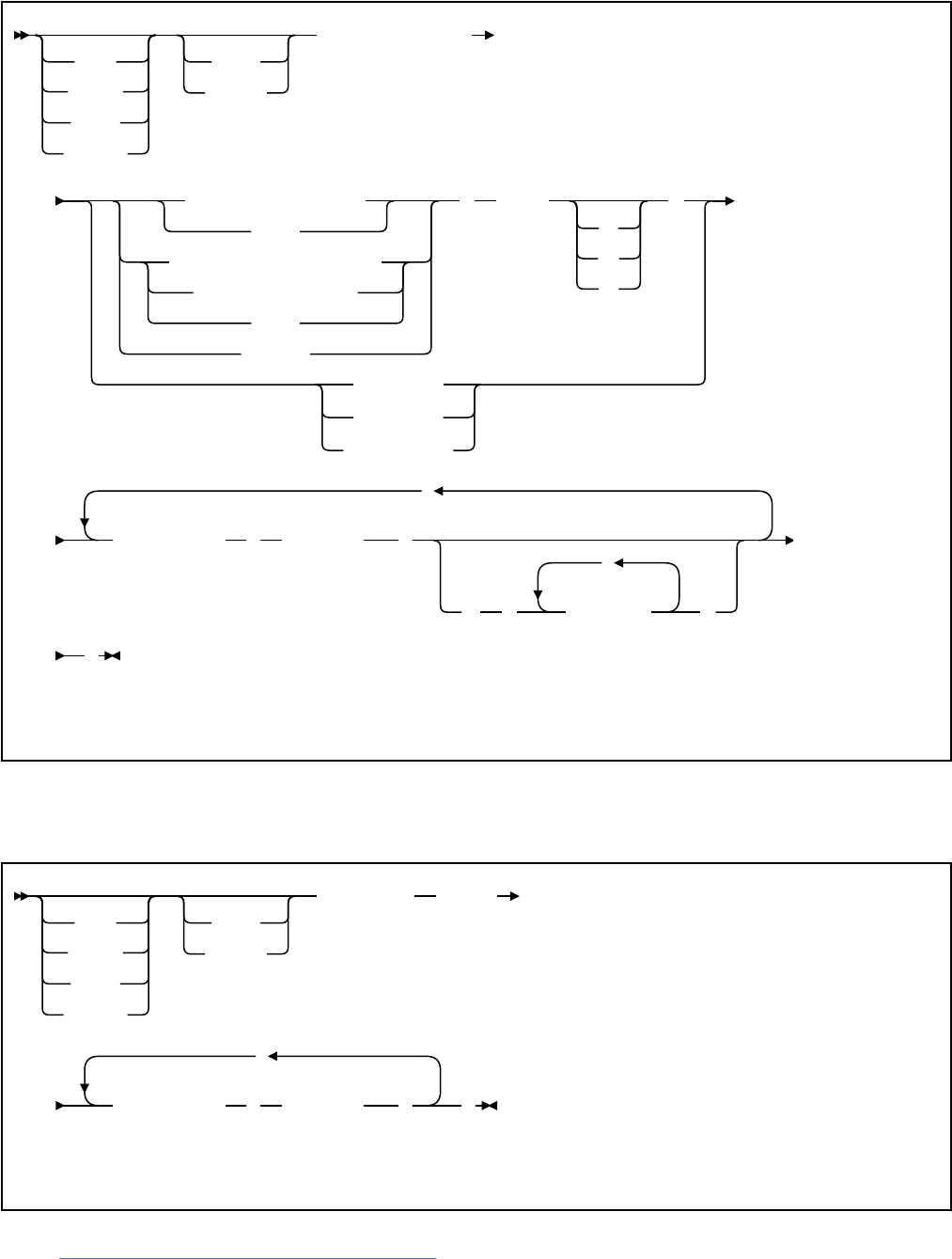
auto
extern
static
register
const
volatile
SQL TYPE IS XML AS
BINARY LARGE OBJECT
BLOB
CHARACTER LARGE OBJECT
CHAR LARGE OBJECT
CLOB
DBCLOB
( length
K
M
G
)
BLOB_FILE
CLOB_FILE
DBCLOB_FILE
,
variable-name [ dimension
1
]
= {
,
expression }
;
Notes:
1
dimension must be an integer constant in the range 1–32767.
ROWID variable arrays
The following diagram shows the syntax for declaring ROWID variable arrays.
auto
extern
static
register
const
volatile
SQL TYPE IS ROWID
,
variable-name [ dimension
1
] ;
Notes:
1
dimension must be an integer constant in the range 1–32767.
Related concepts
Using host-variable arrays in SQL statements
602
Db2 12 for z/OS: Application Programming and SQL Guide (Last updated: 2024-07-30)

Use host-variable arrays in embedded SQL statements to represent values that the program does not
know until the query is executed. Host-variable arrays are useful for storing a set of retrieved values or for
passing a set of values that are to be inserted into a table.
Host-variable arrays
You can use host-variable arrays to pass a data array between Db2 and your application. A host-variable
array is a data array that is declared in the host language to be used within an SQL statement.
Host-variable arrays in PL/I, C, C++, and COBOL (Db2 SQL)
Related tasks
Inserting multiple rows of data from host-variable arrays
Use host-variable arrays in your INSERT statement when you do not know at least some of the values to
insert until the program runs.
Storing LOB data in Db2 tables
Db2 handles LOB data differently than other kinds of data. As a result, you sometimes need to take
additional actions when you dene LOB columns and insert the LOB data.
Retrieving multiple rows of data into host-variable arrays
If you know that your query returns multiple rows, you can specify host-variable arrays to store the
retrieved column values.
Host structures in C and C++
A C host structure contains an ordered group of data elds.
Host structures
The following diagram shows the syntax for declaring host structures.
Chapter 4. Embedded SQL programming
603
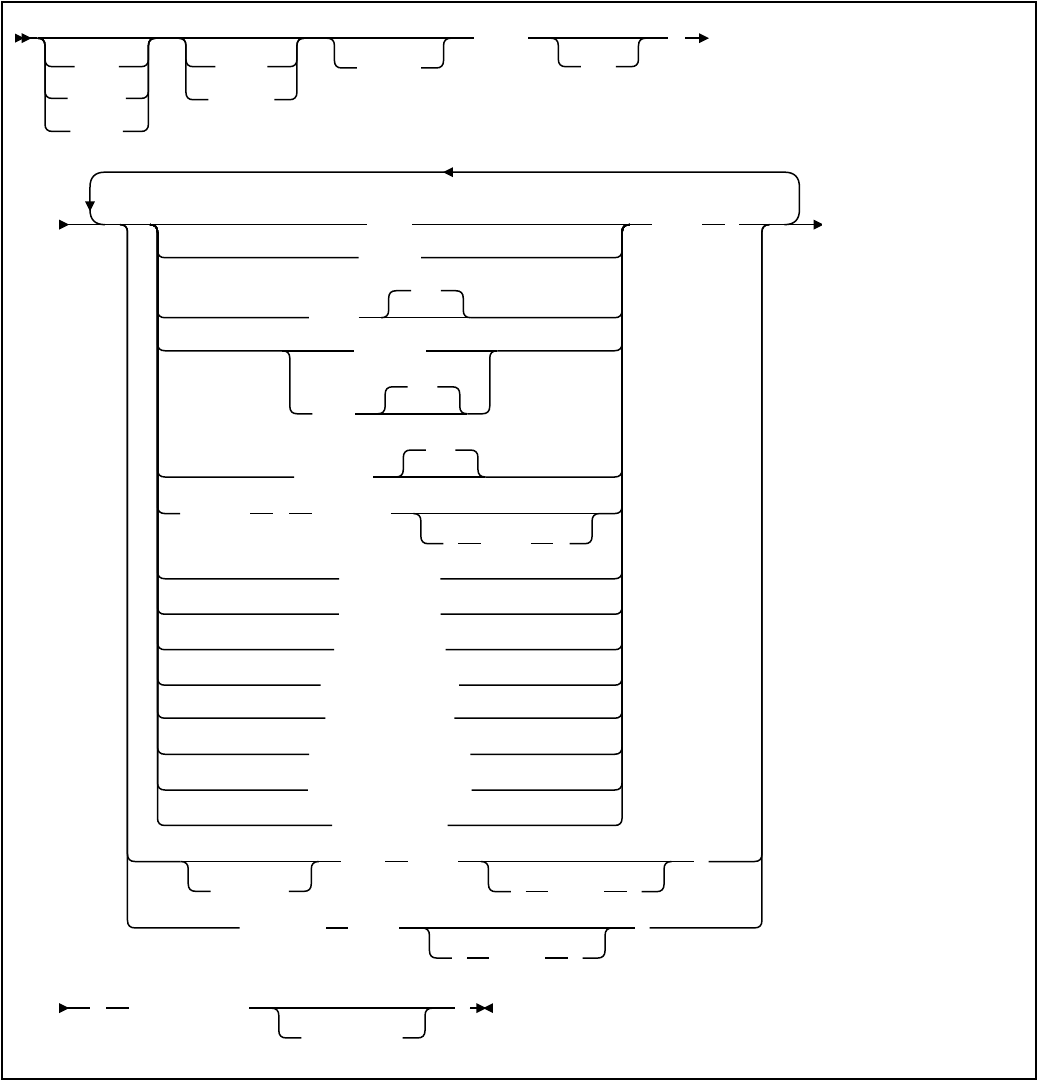
auto
extern
static
const
volatile
packed
struct
tag
{
float
double
short
int
sqlint32
long
int
long long
int
decimal ( precision
, scale )
_Decimal32
_Decimal64
_Decimal128
varchar structure
binary structure
vargraphic structure
SQL TYPE IS ROWID
LOB data type
var-1 ;
unsigned
char var-2
[ length ]
;
sqldbchar var-5
[ length ]
;
} variable-name
=
expression
;
VARCHAR structures
The following diagram shows the syntax for VARCHAR structures that are used within declarations of host
structures.
604
Db2 12 for z/OS: Application Programming and SQL Guide (Last updated: 2024-07-30)
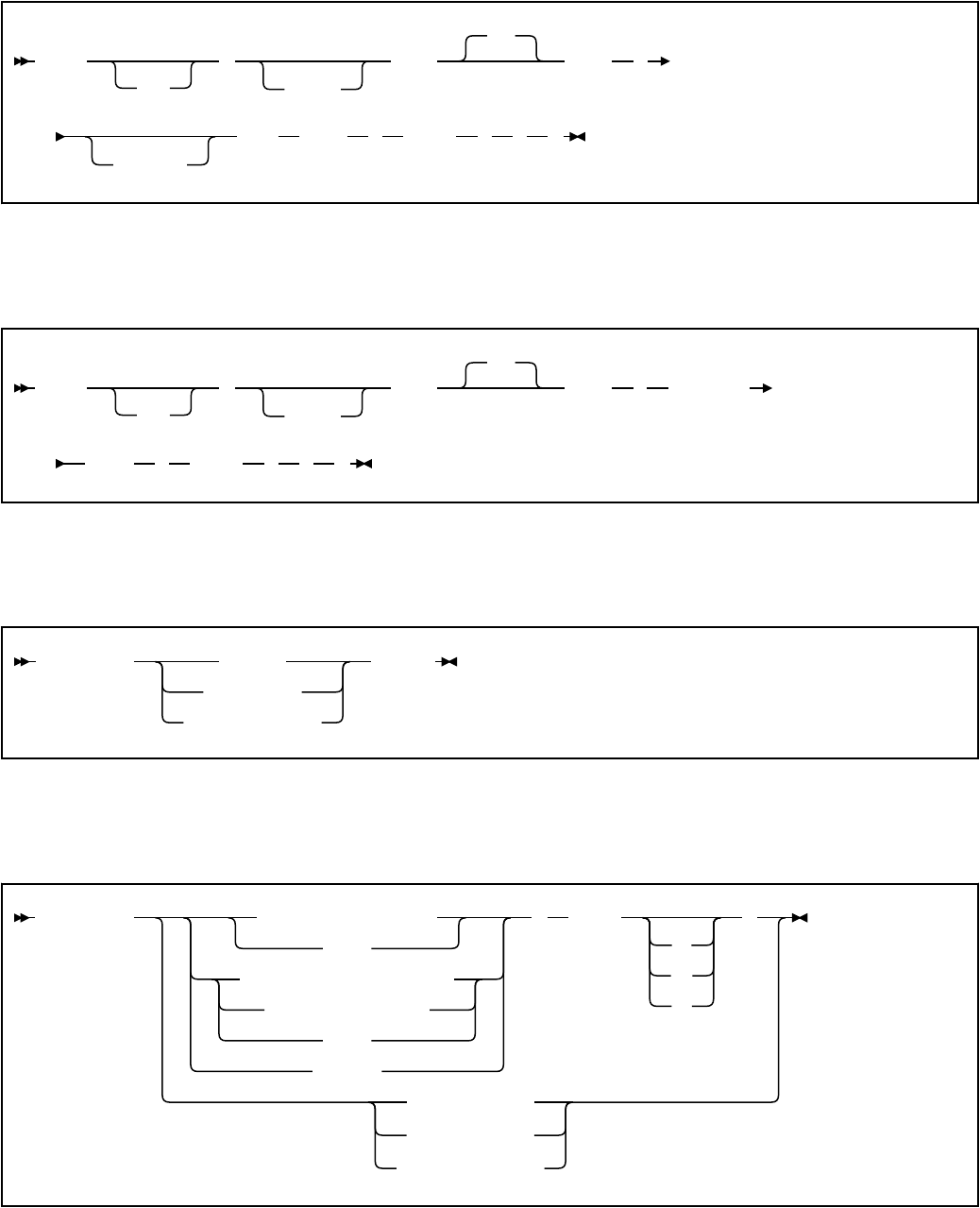
struct
tag
{
signed
short
int
var-3 ;
unsigned
char var-4 [ length ] ; }
VARGRAPHIC structures
The following diagram shows the syntax for VARGRAPHIC structures that are used within declarations of
host structures.
struct
tag
{
signed
short
int
var-6 ; sqldbchar
var-7 [ length ] ; }
Binary structures
The following diagram shows the syntax for binary structures that are used within declarations of host
structures.
SQL TYPE IS BINARY
VARBINARY
BINARY VARYING
(
length
)
LOB data types
The following diagram shows the syntax for LOB data types that are used within declarations of host
structures.
SQL TYPE IS BINARY LARGE OBJECT
BLOB
CHARACTER LARGE OBJECT
CHAR LARGE OBJECT
CLOB
DBCLOB
( length
K
M
G
)
BLOB_LOCATOR
CLOB_LOCATOR
DBCLOB_LOCATOR
Chapter 4. Embedded SQL programming
605
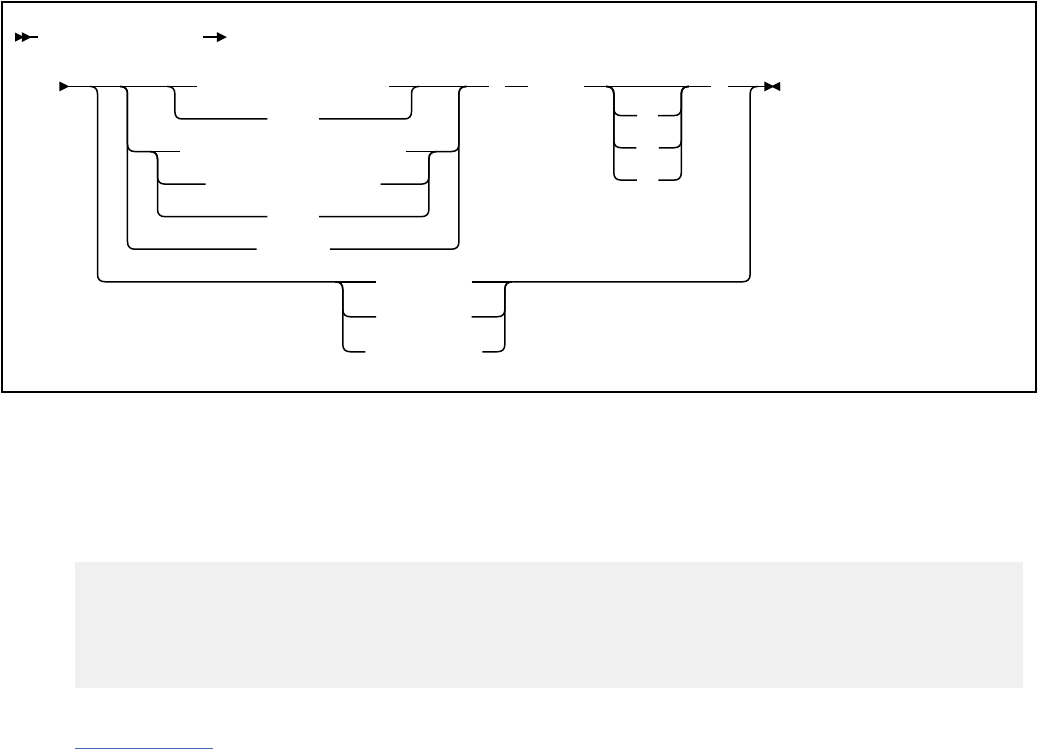
LOB data types for XML data
The following diagram shows the syntax for LOB data types that are used within declarations of host
structures for XML data.
SQL TYPE IS XML AS
BINARY LARGE OBJECT
BLOB
CHARACTER LARGE OBJECT
CHAR LARGE OBJECT
CLOB
DBCLOB
( length
K
M
G
)
BLOB_FILE
CLOB_FILE
DBCLOB_FILE
Example
In the following example, the host structure is named target, and it contains the elds c1, c2, and c3.
c1 and c3 are character arrays, and c2 is a host variable that is equivalent to the SQL VARCHAR data
type. The target host structure can be part of another host structure but must be the deepest level of the
nested structure.
struct {char c1[3];
struct {short len;
char data[5];
}c2;
char c3[2];
}target;
Related concepts
Host structures
Use host structures to pass a group of host variables between Db2 and your application.
Indicator variables, indicator arrays, and host structure indicator arrays in C
and C++
An indicator variable is a 2-byte integer (short int). An indicator variable array is an array of 2-byte
integers (short int). You declare indicator variables in the same way as host variables. You can mix the
declarations of the two types of variables.
The following diagram shows the syntax for declaring an indicator variable in C and C++.
606
Db2 12 for z/OS: Application Programming and SQL Guide (Last updated: 2024-07-30)
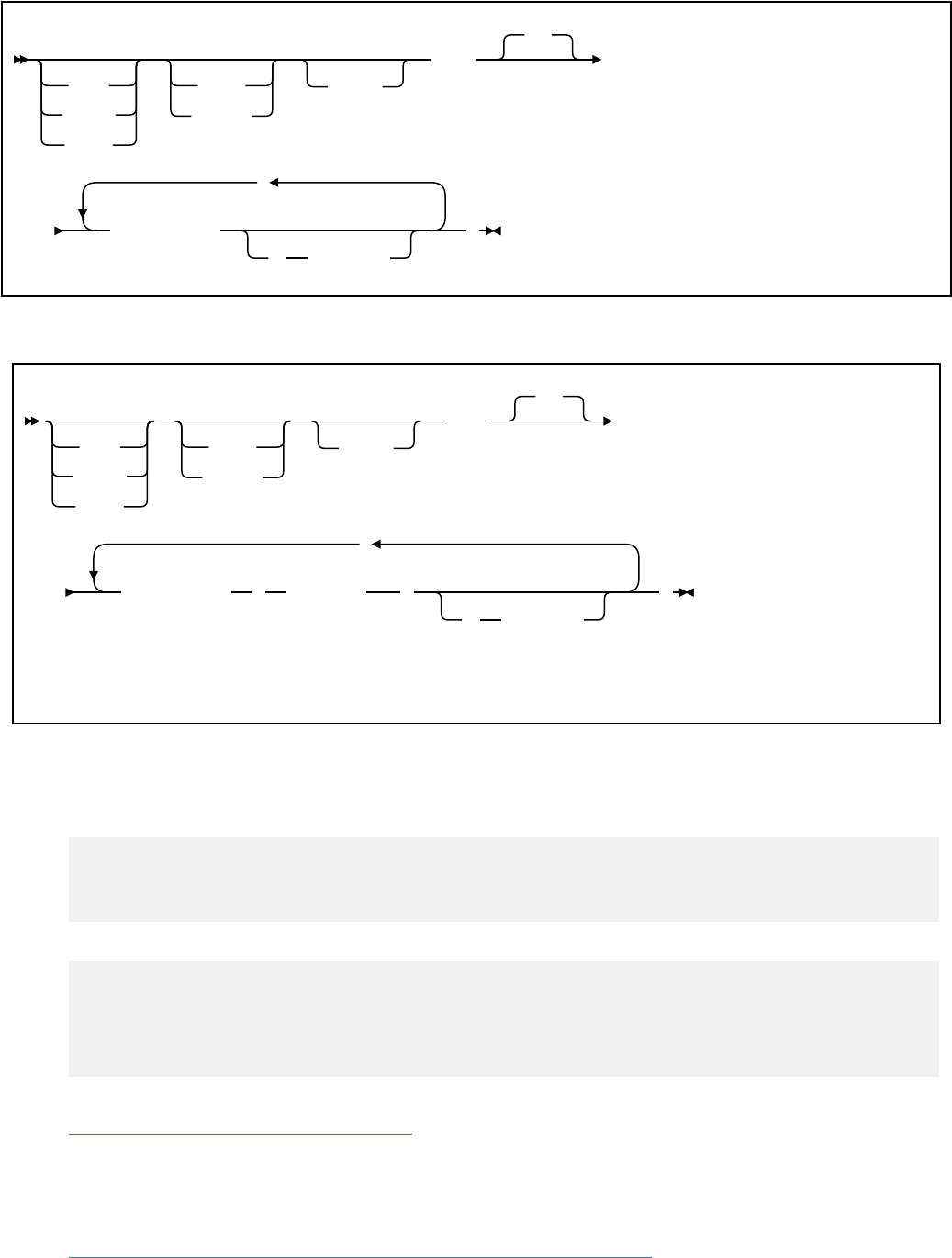
auto
extern
static
const
volatile
signed
short
int
,
variable-name
= expression
;
The following diagram shows the syntax for declaring an indicator array or a host structure indicator array
in C and C++.
auto
extern
static
const
volatile
signed
short
int
,
variable-name [ dimension
1
]
= expression
;
Notes:
1
dimension must be an integer constant in the range 1–32767.
Example
The following example shows a FETCH statement with the declarations of the host variables that are
needed for the FETCH statement and their associated indicator variables.
EXEC SQL FETCH CLS_CURSOR INTO :ClsCd,
:Day :DayInd,
:Bgn :BgnInd,
:End :EndInd;
You can declare these variables as follows:
EXEC SQL BEGIN DECLARE SECTION;
char ClsCd[8];
char Bgn[9];
char End[9];
short Day, DayInd, BgnInd, EndInd;
EXEC SQL END DECLARE SECTION;
Related concepts
Indicator variables, arrays, and structures
An indicator variable is associated with a particular host variable. Each indicator variable contains a small
integer value that indicates some information about the associated host variable. Indicator arrays and
structures serve the same purpose for host-variable arrays and structures.
Related tasks
Inserting null values into columns by using indicator variables or arrays
Chapter 4. Embedded SQL programming
607
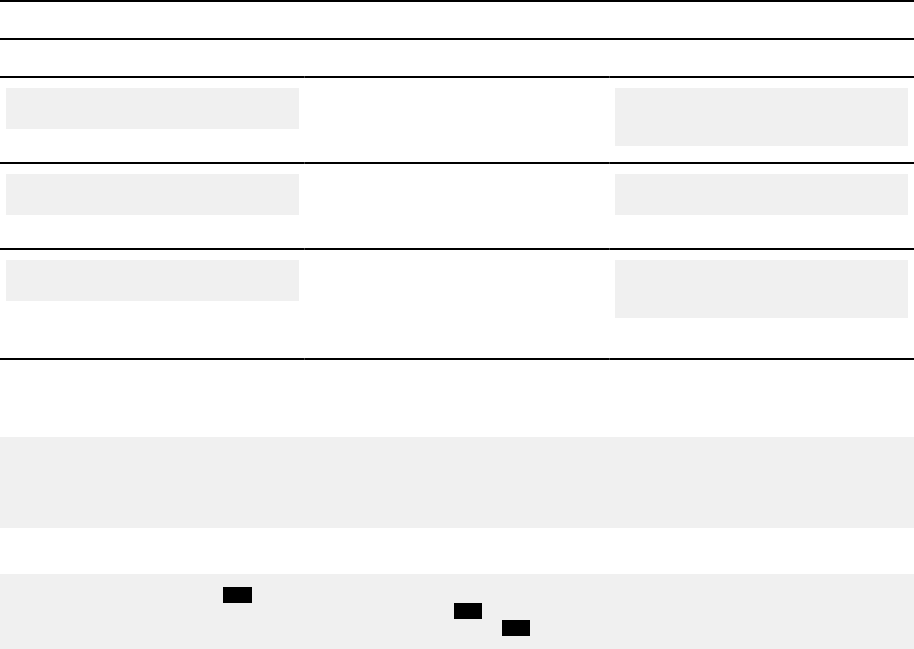
If you need to insert null values into a column, using an indicator variable or array is an easy way to do so.
An indicator variable or array is associated with a particular host variable or host-variable array.
Referencing pointer host variables in C programs
If you use the Db2 coprocessor, you can reference any declared pointer host variables in your SQL
statements.
Procedure
Specify the pointer host variable exactly as it was declared.
The only exception is when you reference pointers to nul-terminated character arrays. In this case, you do
not have to include the parentheses that were part of the declaration.
Examples
Examples: Scalar pointer host variable references
Table 101. Example references to scalar pointer host variables
Declaration Description Reference
short *hvshortp;
hvshortp is a pointer host
variable that points to two bytes
of storage.
EXEC SQL
set:*hvshortp=123;
double *hvdoubp;
hvdoubp is a pointer host
variable that points to eight
bytes of storage.
EXEC SQL set:*hvdoubp=456;
char (*hvcharpn) [20];
hvcharpn is a pointer host
variable that points to a nul-
terminated character array of up
to 20 bytes.
EXEC SQL set:
*hvcharpn='nul_terminated';
Example:Bounded character pointer host variable reference
Suppose that your program declares the following bounded character pointer host variable:
struct {
unsigned long len;
char * data;
} hvbcharp;
The following example references this bounded character pointer host variable:
hvcharp.len = dynlen; a
hvcharp.data = (char *) malloc (hvcharp.len); b
EXEC SQL set :hvcharp = 'data buffer with length'; c
Note:
a
dynlen can be either a compile time constant or a variable with a value that is assigned at run
time.
b
Storage is dynamically allocated for hvcharp.data.
c
The SQL statement references the name of the structure, not an element within the structure.
608
Db2 12 for z/OS: Application Programming and SQL Guide (Last updated: 2024-07-30)
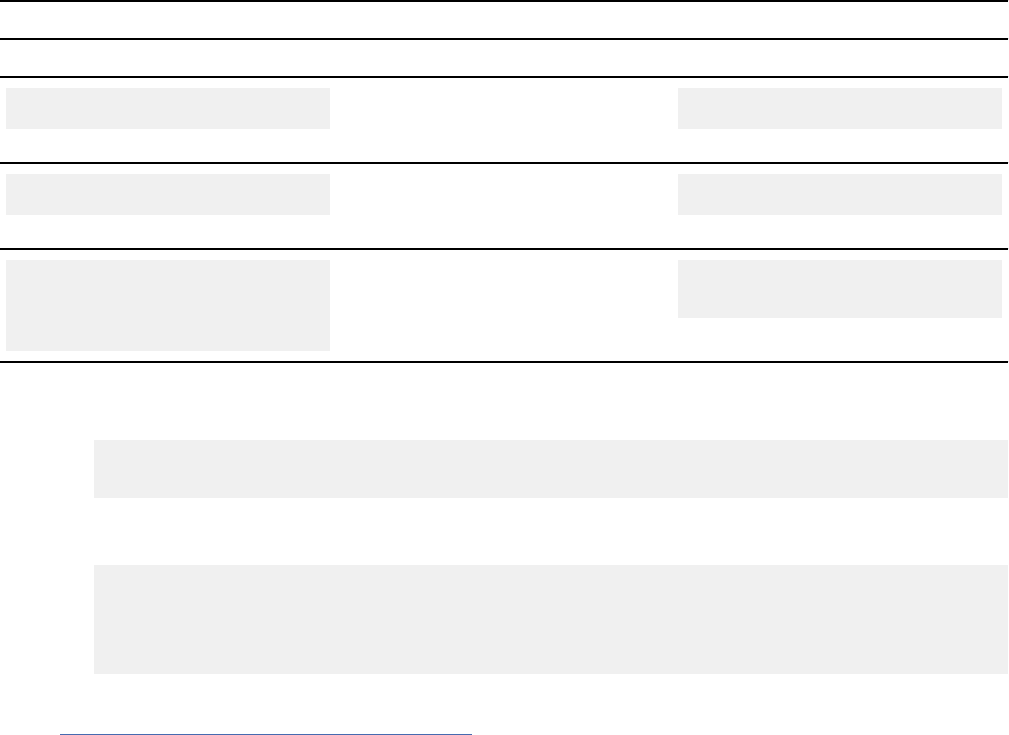
Examples: Array pointer host variable references
Table 102. Example references to array pointer host variables
Declaration Description Reference
short * hvarrpl[6]
hvarrp1 is an array of 6 pointers
that point to two bytes of storage
each.
EXEC SQL set:*hvarrpl[n]=123;
double * hvarrp2[3]
hvarrp2 is an array of 3 pointers
that point to 8 bytes of storage
each.
EXEC SQL set:*hvarrp2[n]=456;
struct {
unsigned long len;
char * data; }
hvbarrp3[5];
hvbarrp3 is an array of 5 bounded
character pointers.
EXEC SQL set :hvarrp3[n] =
'data buffer with length'
Example: Structure array host variable reference
Suppose that your program declares the following pointer to the structure tbl_struct:
struct tbl_struct *ptr_tbl_struct =
(struct tbl_struct *) malloc (sizeof (struct tbl_struct) * n);
To reference this data is SQL statements, use the pointer as shown in the following example. Assume
that tbl_sel_cur is a declared cursor.
for (L_col_cnt = 0; L_col_cnt < n; L_con_cnt++)
{ ...
EXEC SQL FETCH tbl_sel_cur INTO :ptr_tbl_struct [L_col_cnt]
...
}
Related tasks
Declaring pointer host variables in C programs
If you use the Db2 coprocessor, you can use pointer host variables with statically or dynamically allocated
storage. These pointer host variables can point to numeric data, non-numeric data, or a structure.
Declaring pointer host variables in C programs
If you use the Db2 coprocessor, you can use pointer host variables with statically or dynamically allocated
storage. These pointer host variables can point to numeric data, non-numeric data, or a structure.
About this task
You can declare the following types of pointer host variables:
Scalar pointer host variable
A host variable that points to numeric or non-numeric scalar data.
Array pointer host variable
A host variable that is an array of pointers.
Structure array host variable
A host variable that points to a structure.
Procedure
Include an asterisk (*) in each variable declaration to indicate that the variable is a pointer.
Restrictions:
• You cannot use pointer host variables that point to character data of an unknown length. For example,
do not specify the following declaration: char * hvcharpu. Instead, specify the length of the data
Chapter 4. Embedded SQL programming
609
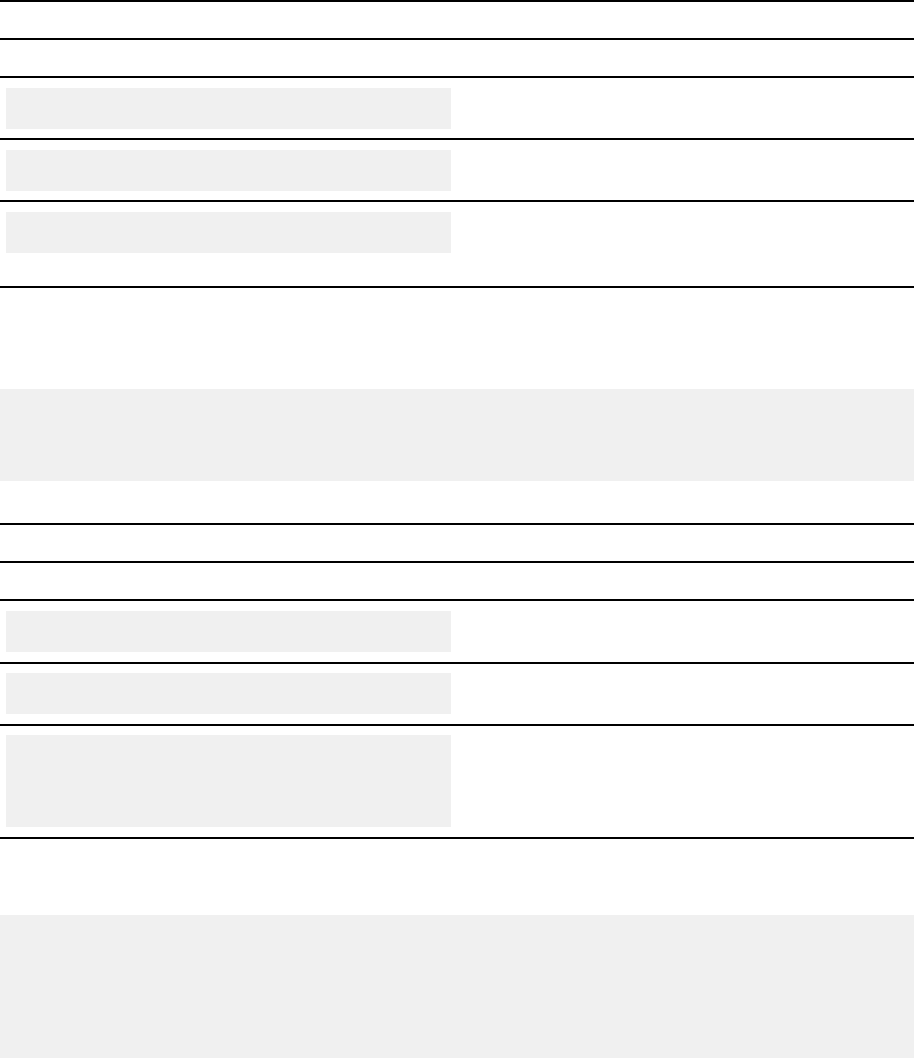
by using a bounded character pointer host variable. A bounded character pointer host variable is a host
variable that is declared as a structure with the following elements:
– A 4-byte eld that contains the length of the storage area.
– A pointer to the non-numeric dynamic storage area.
• You cannot use untyped pointers. For example, do not specify the following declaration: void *
untypedprt .
Examples
Example: Scalar pointer host variable declarations
Table 103. Example declarations of scalar pointer host variables
Declaration Description
short *hvshortp;
hvshortp is a pointer host variable that points to
two bytes of storage.
double *hvdoubp;
hvdoubp is a pointer host variable that points to
eight bytes of storage.
char (*hvcharpn) [20];
hvcharpn is a pointer host variable that points
to a nul-terminated character array of up to 20
bytes.
Example: Bounded character pointer host variable declaration
The following example code declares a bounded character pointer host variable called hvbcharp with
two elements: len and data.
struct {
unsigned long len;
char * data;
} hvbcharp;
Example: array pointer host variable declarations
Table 104. Example declarations of array pointer host variables
Declaration Description
short * hvarrpl[6]
hvarrp1 is an array of 6 pointers that point to two
bytes of storage each.
double * hvarrp2[3]
hvarrp2 is an array of 3 pointers that point to 8
bytes of storage each.
struct {
unsigned long len;
char * data; }
hvbarrp3[5];
hvbarrp3 is an array of 5 bounded character
pointers.
Example: Structure array host variable declaration
The following example code declares a table structure called tbl_struct.
struct tbl_struct
{
char colname[20];
small int colno;
small int coltype;
small int collen;
};
The following example code declares a pointer to the structure tbl_struct. Storage is allocated
dynamically for up to n rows.
610
Db2 12 for z/OS: Application Programming and SQL Guide (Last updated: 2024-07-30)
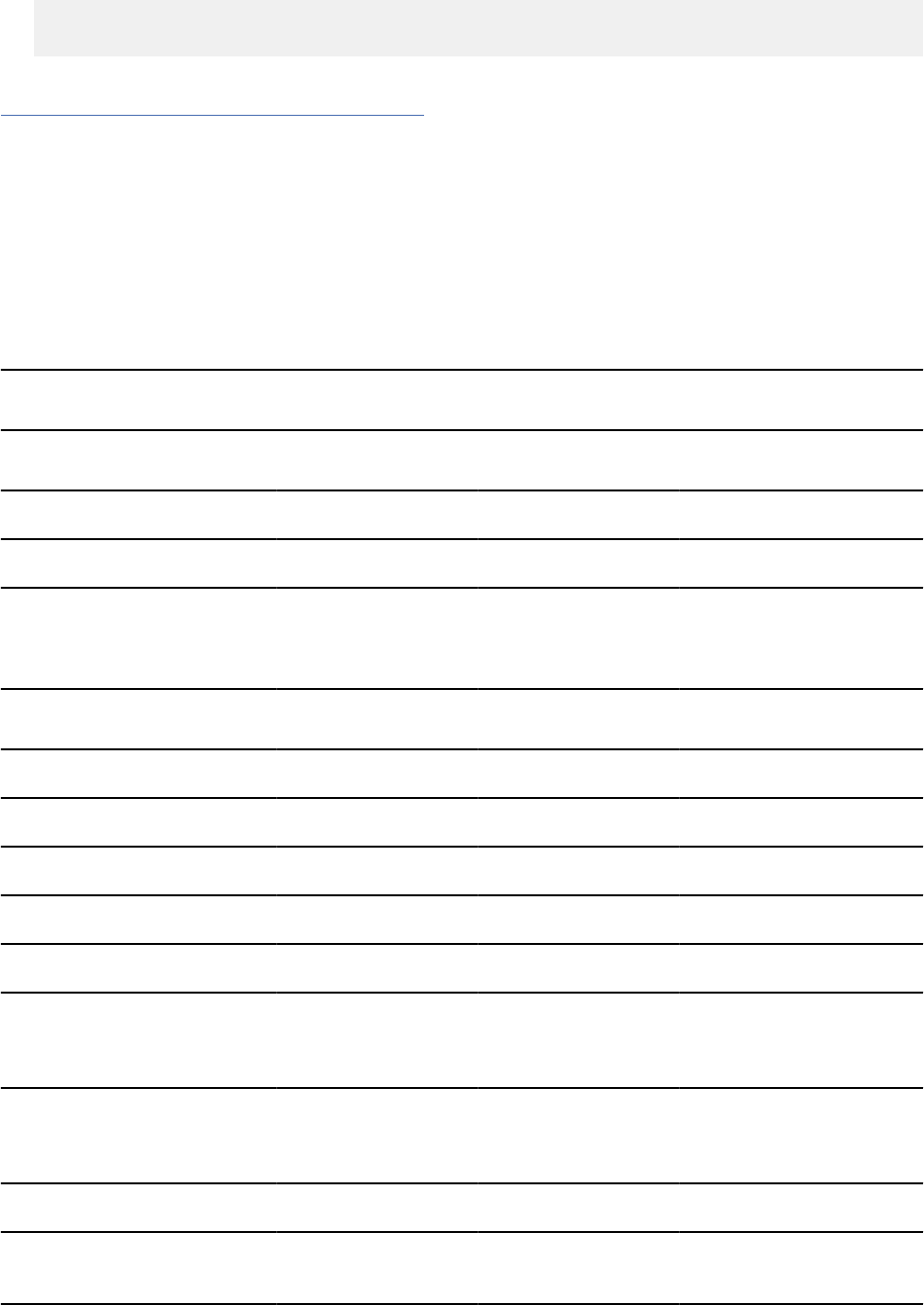
struct tbl_struct *ptr_tbl_struct =
(struct tbl_struct *) malloc (sizeof (struct tbl_struct) * n);
Related tasks
Referencing pointer host variables in C programs
If you use the Db2 coprocessor, you can reference any declared pointer host variables in your SQL
statements.
Equivalent SQL and C data types
When you declare host variables in your C programs, the precompiler uses equivalent SQL data types.
When you retrieve data of a particular SQL data type into a host variable, you need to ensure that the host
variable is of an equivalent data type.
The following table describes the SQL data type and the base SQLTYPE and SQLLEN values that the
precompiler uses for host variables in SQL statements.
Table 105. SQL data types, SQLLEN values, and SQLTYPE values that the precompiler uses for host
variables in C programs
C host variable data type SQLTYPE of host
variable
1
SQLLEN of host
variable
SQL data type
short int
500 2 SMALLINT
long int
496 4 INTEGER
long long
long long int
sqlint64
492 8 BIGINT
5
decimal(p,s)
2
484 p in byte 1, s in byte
2
DECIMAL(p,s)
2
• _Decimal32
996/997 4 DECFLOAT(16)
7, 8
• _Decimal64
996/997 8 DECFLOAT(16)
8
• _Decimal128
996/997 16 DECFLOAT(34)
8
float
480 4 FLOAT (single precision)
double
480 8 FLOAT (double precision)
• SQL TYPE IS
BINARY(n),
1<=n<=255
912 n BINARY(n)
• SQL TYPE IS
VARBINARY(n),
1<=n<=32704
908 n VARBINARY(n)
Single-character form
452 1 CHAR(1)
NUL-terminated character
form
460 n VARCHAR (n-1)
Chapter 4. Embedded SQL programming611
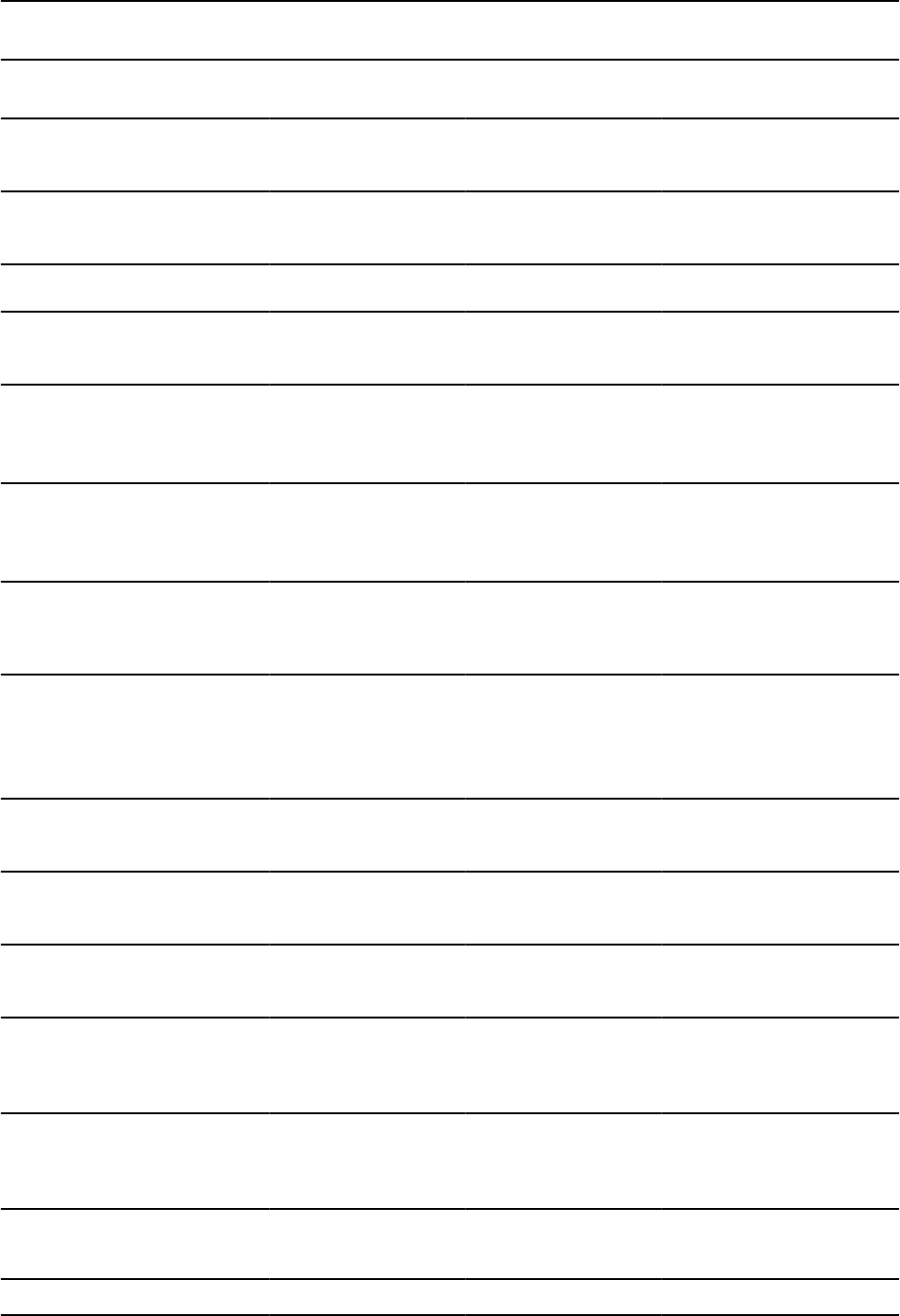
Table 105. SQL data types, SQLLEN values, and SQLTYPE values that the precompiler uses for host
variables in C programs (continued)
C host variable data type SQLTYPE of host
variable
1
SQLLEN of host
variable
SQL data type
VARCHAR structured
form 1<=n<=255
448 n VARCHAR(n)
VARCHAR structured form
n>255
456 n VARCHAR(n)
Single-graphic form
468 1 GRAPHIC(1)
NUL-terminated
graphic form
400 n VARGRAPHIC (n-1)
VARGRAPHIC
structured form
1<=n<128
464 n VARGRAPHIC(n)
VARGRAPHIC
structured form
n>127
472 n VARGRAPHIC(n)
• SQL TYPE IS
RESULT_SET
_LOCATOR
972 4 Result set locator
3
SQL TYPE IS
TABLE LIKE
table-name
AS LOCATOR
976 4 Table locator
3
SQL TYPE IS
BLOB_LOCATOR
960 4 BLOB locator
3
SQL TYPE IS
CLOB_LOCATOR
964 4 CLOB locator
3
SQL TYPE IS
DBCLOB_LOCATOR
968 4 DBCLOB locator
3
SQL TYPE IS
BLOB(n)
1≤n≤2147483647
404 n BLOB(n)
SQL TYPE IS
CLOB(n)
1≤n≤2147483647
408 n CLOB(n)
SQL TYPE IS DBCLOB(n)
1≤n≤1073741823
412 n DBCLOB(n)
4
SQL TYPE IS XML AS BLOB(n) 404 0 XML
612Db2 12 for z/OS: Application Programming and SQL Guide (Last updated: 2024-07-30)
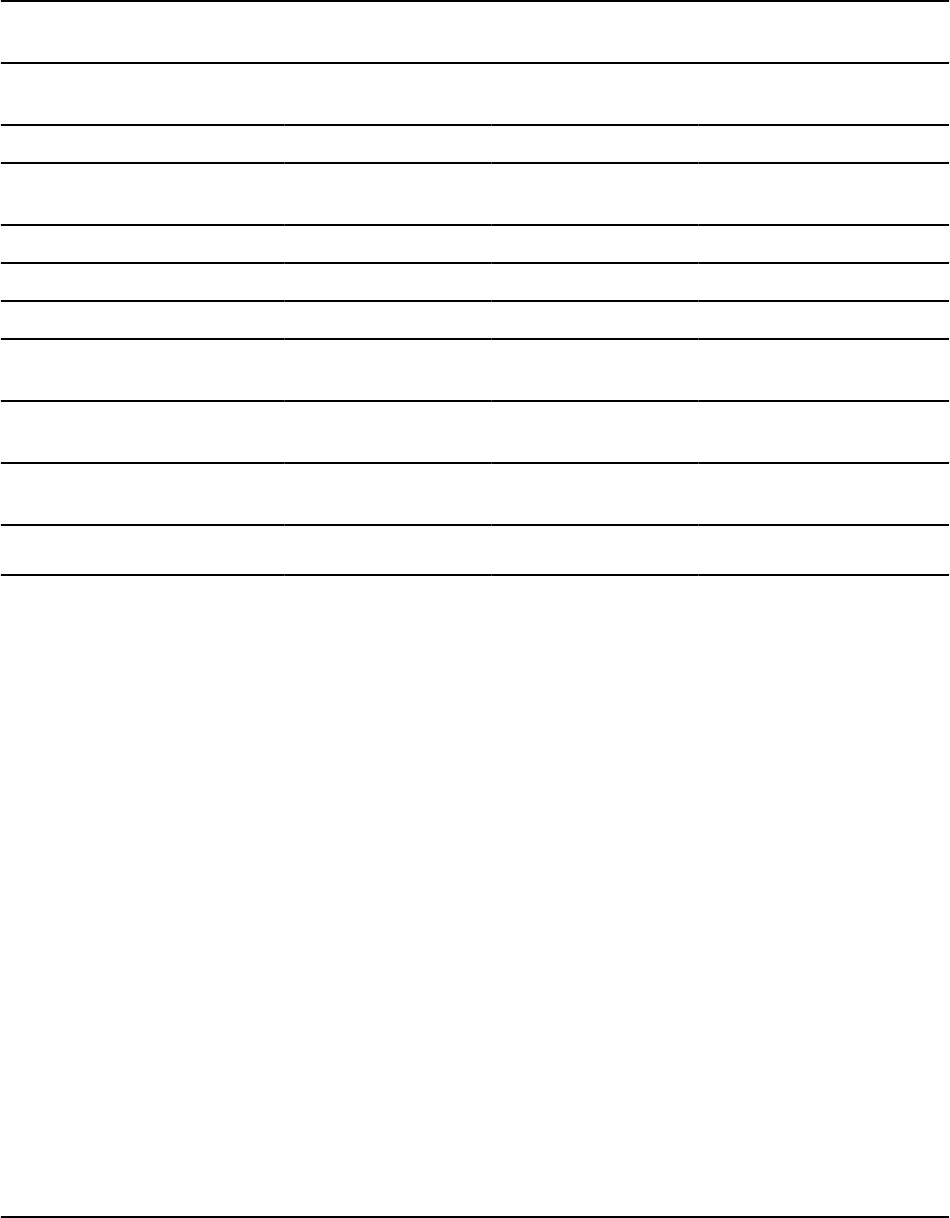
Table 105. SQL data types, SQLLEN values, and SQLTYPE values that the precompiler uses for host
variables in C programs (continued)
C host variable data type SQLTYPE of host
variable
1
SQLLEN of host
variable
SQL data type
SQL TYPE IS XML AS CLOB(n) 408 0 XML
SQL TYPE IS XML AS
DBCLOB(n)
412 0 XML
SQL TYPE IS BLOB_FILE 916/917 267 BLOB le reference
3
SQL TYPE IS CLOB_FILE 920/921 267 CLOB le reference
3
SQL TYPE IS DBCLOB_FILE 924/925 267 DBCLOB le reference
3
SQL TYPE IS XML AS
BLOB_FILE
916/917 267 XML BLOB le reference
3
SQL TYPE IS XML AS
CLOB_FILE
920/921 267 XML CLOB le reference
3
SQL TYPE IS XML AS
DBCLOB_FILE
924/925 267 XML DBCLOB le
reference
3
SQL TYPE IS ROWID
904 40 ROWID
Notes:
1. If a host variable includes an indicator variable, the SQLTYPE value is the base SQLTYPE value plus 1.
2. p is the precision; in SQL terminology, this the total number of digits. In C, this is called the size.
s is the scale; in SQL terminology, this is the number of digits to the right of the decimal point. In C,
this is called the precision.
C++ does not support the decimal data type.
3. Do not use this data type as a column type.
4. n is the number of double-byte characters.
5. No exact equivalent. Use DECIMAL(19,0).
6. The C data type long maps to the SQL data type BIGINT.
7. DFP host variable with a length of 4 is supported while DFP column can be dened only with length
8(DECFLOAT(16)) or 16(DECFLOAT(34)).
8. To use the decimal floating-point host data type, you must do the following:
• Use z/OS 1.10 or later (z/OS V1R10 XL C/C++ ).
• Compile with the C/C++ compiler option, DFP.
• Specify the SQL compiler option to enable the Db2 coprocessor.
• Specify C/C++ compiler option, ARCH(7). It is required by the DFP compiler option if the DFP type is
used in the source.
• Specify 'DEFINE(__STDC_WANT_DEC_FP__)' compiler option because DFP is not ofcially part of
the C/C++ Language Standard.
The following table shows equivalent C host variables for each SQL data type. Use this table to determine
the C data type for host variables that you dene to receive output from the database. For example, if
you retrieve TIMESTAMP data, you can dene a variable of NUL-terminated character form or VARCHAR
structured form
Chapter 4. Embedded SQL programming
613
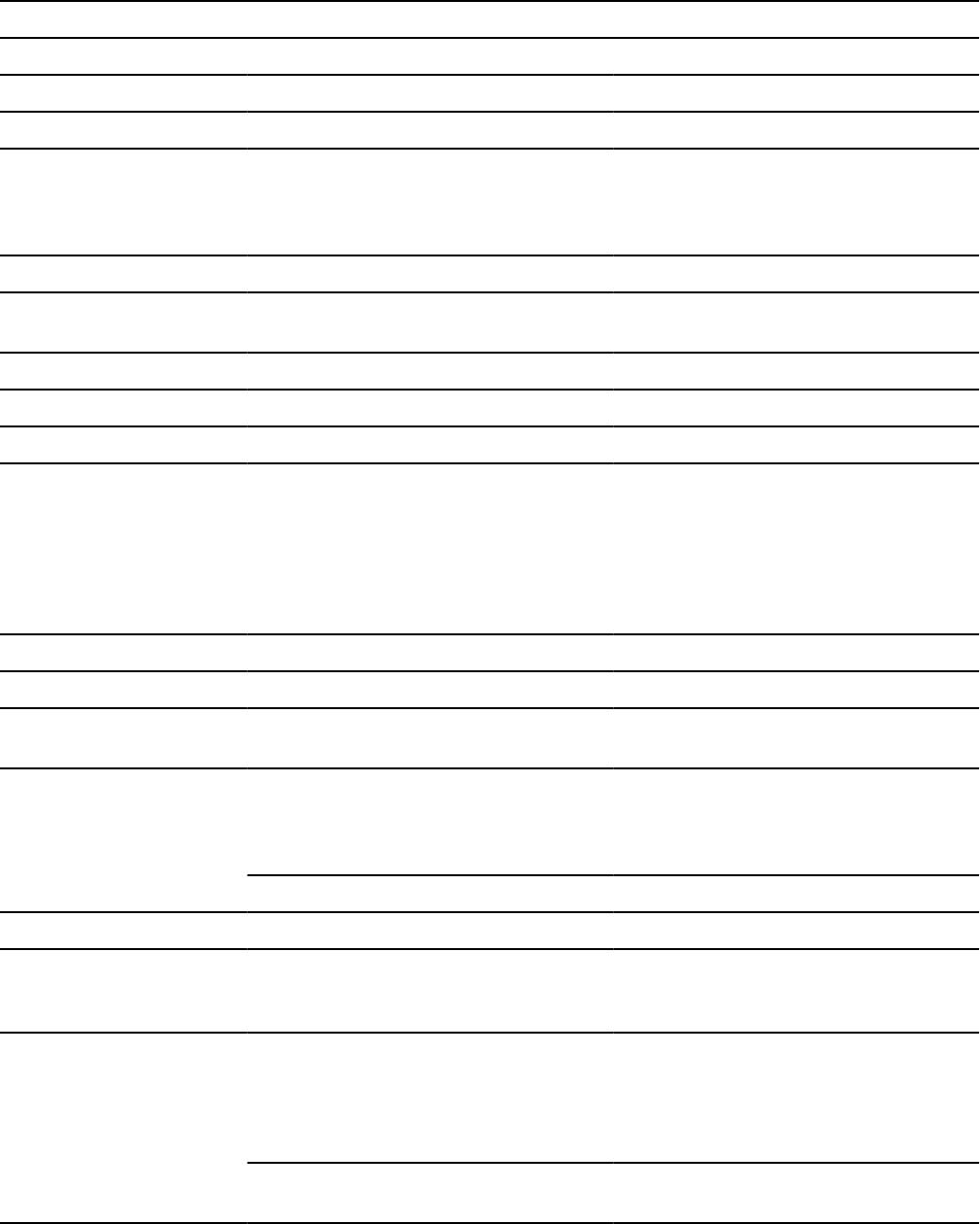
This table shows direct conversions between SQL data types and C data types. However, a number of SQL
data types are compatible. When you do assignments or comparisons of data that have compatible data
types, Db2 converts those compatible data types.
Table 106. C host variable equivalents that you can use when retrieving data of a particular SQL data type
SQL data type C host variable equivalent Notes
SMALLINT short int
INTEGER long int
DECIMAL(p,s) or
NUMERIC(p,s)
decimal You can use the double data type if your
C compiler does not have a decimal data
type; however, double is not an exact
equivalent.
REAL or FLOAT(n) float 1<=n<=21
DOUBLE PRECISION or
FLOAT(n)
double 22<=n<=53
DECFLOAT(16) _Decminal32
DECFLOAT(34) _Decimal128
BIGINT long long, long long int, and sqlint64
BINARY(n) SQL TYPE IS BINARY(n) 1<=n<=255
If data can contain character NULs (\0),
certain C and C++ library functions
might not handle the data correctly.
Ensure that your application handles the
data properly.
VARBINARY(n) SQL TYPE IS VARBINARY(n) 1<=n<=32704
CHAR(1) single-character form
CHAR(n) no exact equivalent If n>1, use NUL-terminated character
form
VARCHAR(n) NUL-terminated character form If data can contain character NULs (\0),
use VARCHAR structured form. Allow
at least n+1 to accommodate the NUL-
terminator.
VARCHAR structured form
GRAPHIC(1) single-graphic form
GRAPHIC(n) no exact equivalent If n>1, use NUL-terminated graphic
form. n is the number of double-byte
characters.
VARGRAPHIC(n) NUL-terminated graphic form If data can contain graphic NUL
values (\0\0), use VARGRAPHIC
structured form. Allow at least n+1 to
accommodate the NUL-terminator. n is
the number of double-byte characters.
VARGRAPHIC structured form n is the number of double-byte
characters.
614Db2 12 for z/OS: Application Programming and SQL Guide (Last updated: 2024-07-30)
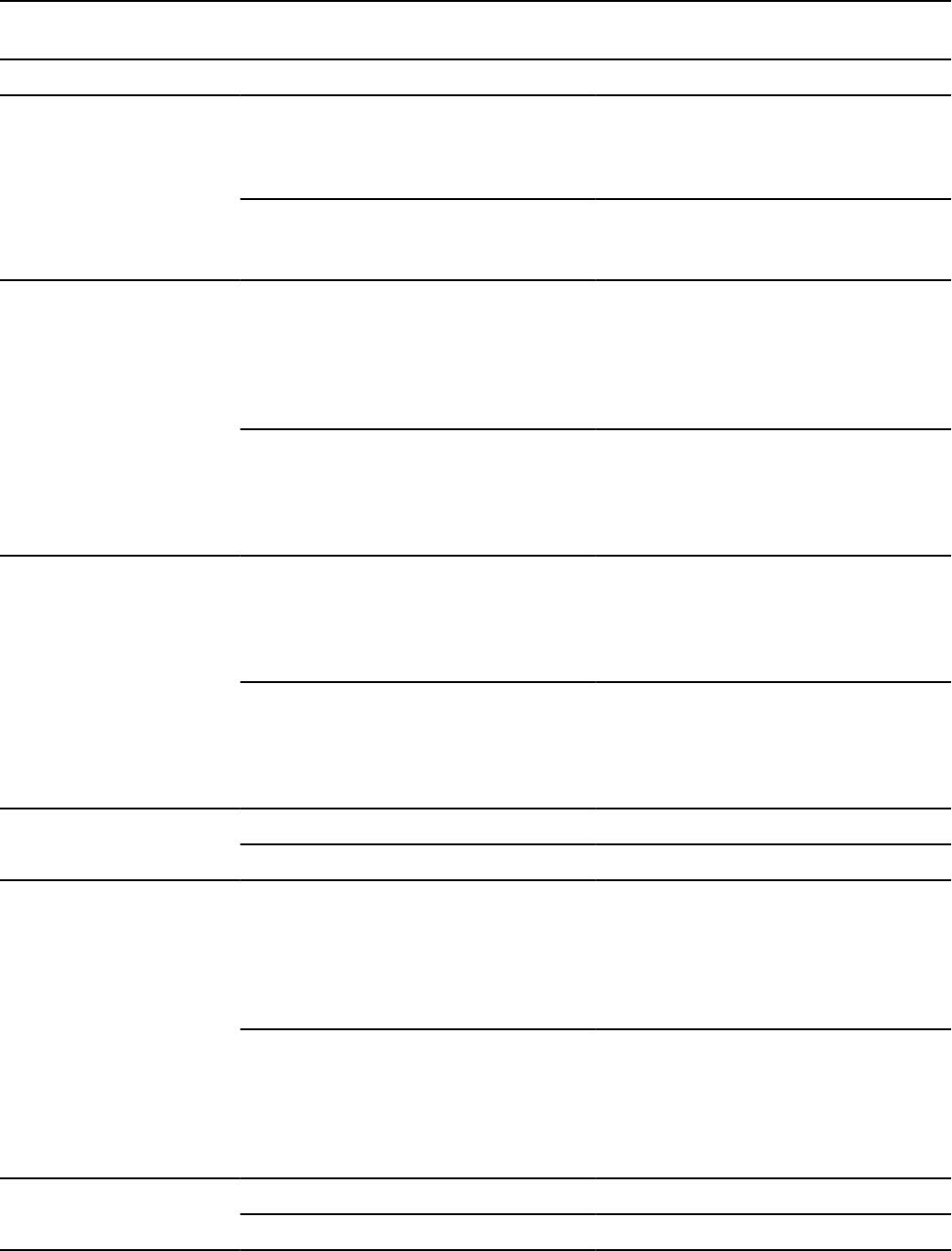
Table 106. C host variable equivalents that you can use when retrieving data of a particular SQL data type
(continued)
SQL data type C host variable equivalent Notes
DATE NUL-terminated character form If you are using a date exit routine,
that routine determines the length.
Otherwise, allow at least 11 characters
to accommodate the NUL-terminator.
VARCHAR structured form If you are using a date exit routine,
that routine determines the length.
Otherwise, allow at least 10 characters.
TIME NUL-terminated character form If you are using a time exit routine, the
length is determined by that routine.
Otherwise, the length must be at least
7; to include seconds, the length must
be at least 9 to accommodate the NUL-
terminator.
VARCHAR structured form If you are using a time exit routine, the
length is determined by that routine.
Otherwise, the length must be at least
6; to include seconds, the length must
be at least 8.
TIMESTAMP NUL-terminated character form The length must be at least 20. To
include microseconds, the length must
be 27. If the length is less than 27,
truncation occurs on the microseconds
part.
VARCHAR structured form The length must be at least 19. To
include microseconds, the length must
be 26. If the length is less than 26,
truncation occurs on the microseconds
part.
TIMESTAMP(0) NUL-terminated character form The length must be at least 20.
VARCHAR structured form The length must be at least 19.
TIMESTAMP(p) p > 0 NUL-terminated character form The length must be at least 20. To
include fractional seconds, the length
must be 21+x where x is the number of
fractional seconds to include; if x is less
than p, truncation occurs on the fraction
seconds part.
VARCHAR structured form The length must be at least 19. To
include fractional seconds, the length
must be 20+x where x is the number
of fractional seconds to include; if x is
less than p, truncation occurs on the
fractional seconds part.
TIMESTAMP(0) WITH
TIME ZONE
NUL-terminated character form The length must be at least 26.
VARCHAR structured form The length must be at least 25.
Chapter 4. Embedded SQL programming615
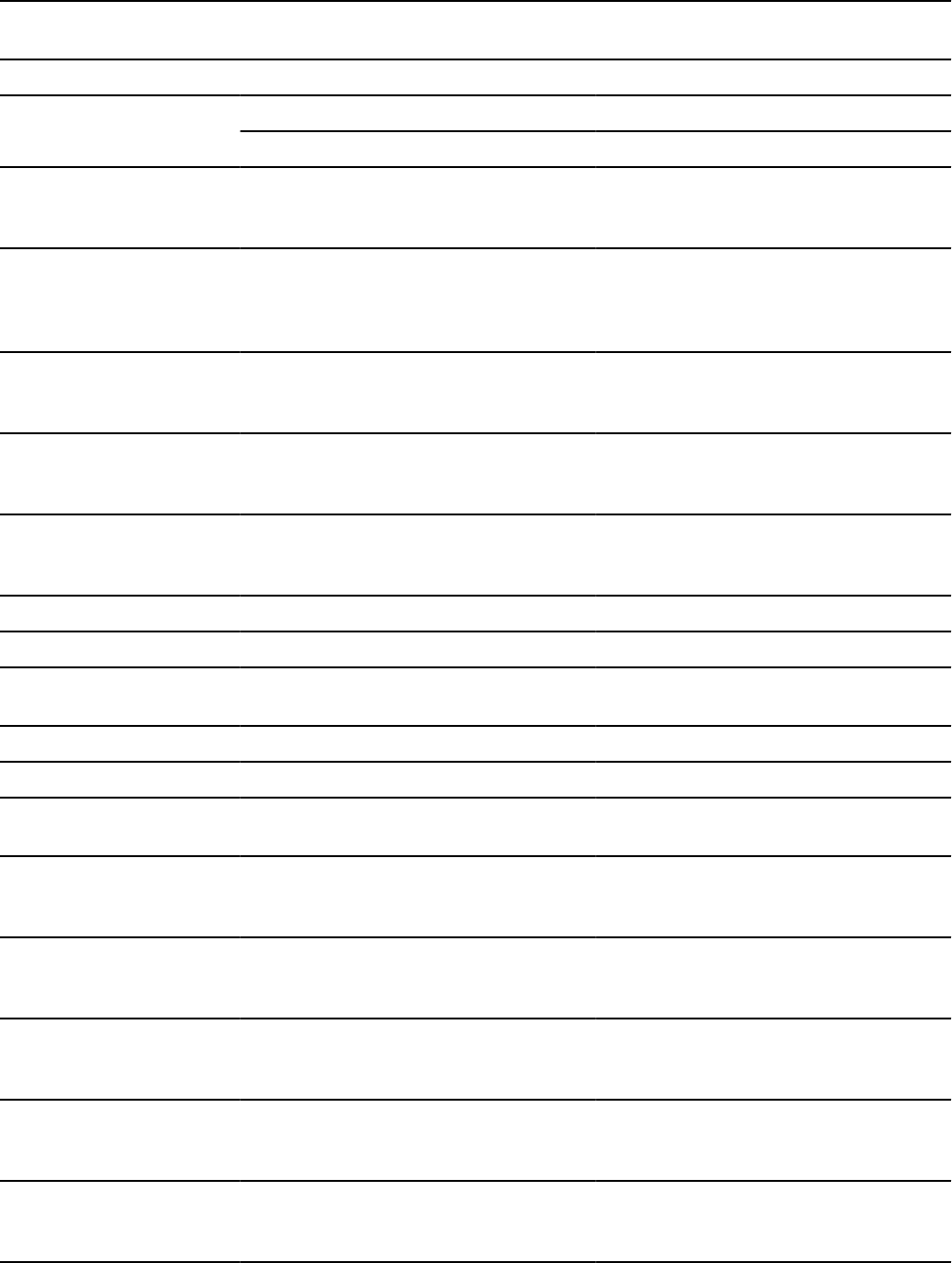
Table 106. C host variable equivalents that you can use when retrieving data of a particular SQL data type
(continued)
SQL data type C host variable equivalent Notes
TIMESTAMP(p) WITH
TIME ZONE
NUL-terminated character form The length must be at least 27+p.
VARCHAR structured form The length must be at least 26+p.
Result set locator SQL TYPE IS RESULT_SET_LOCATOR Use this data type only for receiving
result sets. Do not use this data type as
a column type.
Table locator SQL TYPE IS TABLE LIKE table-name AS
LOCATOR
Use this data type only in a user-dened
function or stored procedure to receive
rows of a transition table. Do not use
this data type as a column type.
BLOB locator SQL TYPE IS BLOB_LOCATOR Use this data type only to manipulate
data in BLOB columns. Do not use this
data type as a column type.
CLOB locator SQL TYPE IS CLOB_LOCATOR Use this data type only to manipulate
data in CLOB columns. Do not use this
data type as a column type.
DBCLOB locator SQL TYPE IS DBCLOB_LOCATOR Use this data type only to manipulate
data in DBCLOB columns. Do not use
this data type as a column type.
BLOB(n) SQL TYPE IS BLOB(n) 1≤n≤2147483647
CLOB(n) SQL TYPE IS CLOB(n) 1≤n≤2147483647
DBCLOB(n) SQL TYPE IS DBCLOB(n) n is the number of double-byte
characters. 1≤n≤1073741823
XML SQL TYPE IS XML AS BLOB(n) 1≤n≤2147483647
XML SQL TYPE IS XML AS CLOB(n) 1≤n≤2147483647
XML SQL TYPE IS XML AS DBCLOB(n) n is the number of double-byte
characters. 1≤n≤1073741823
BLOB le reference SQL TYPE IS BLOB_FILE Use this data type only to manipulate
data in BLOB columns. Do not use this
data type as a column type.
CLOB le reference SQL TYPE IS CLOB_FILE Use this data type only to manipulate
data in CLOB columns. Do not use this
data type as a column type.
DBCLOB le reference SQL TYPE IS DBCLOB_FILE Use this data type only to manipulate
data in DBCLOB columns. Do not use
this data type as a column type.
XML BLOB le reference SQL TYPE IS XML AS BLOB_FILE Use this data type only to manipulate
XML data as BLOB les. Do not use this
data type as a column type.
XML CLOB le reference SQL TYPE IS XML AS CLOB_FILE Use this data type only to manipulate
XML data as CLOB les. Do not use this
data type as a column type.
616Db2 12 for z/OS: Application Programming and SQL Guide (Last updated: 2024-07-30)
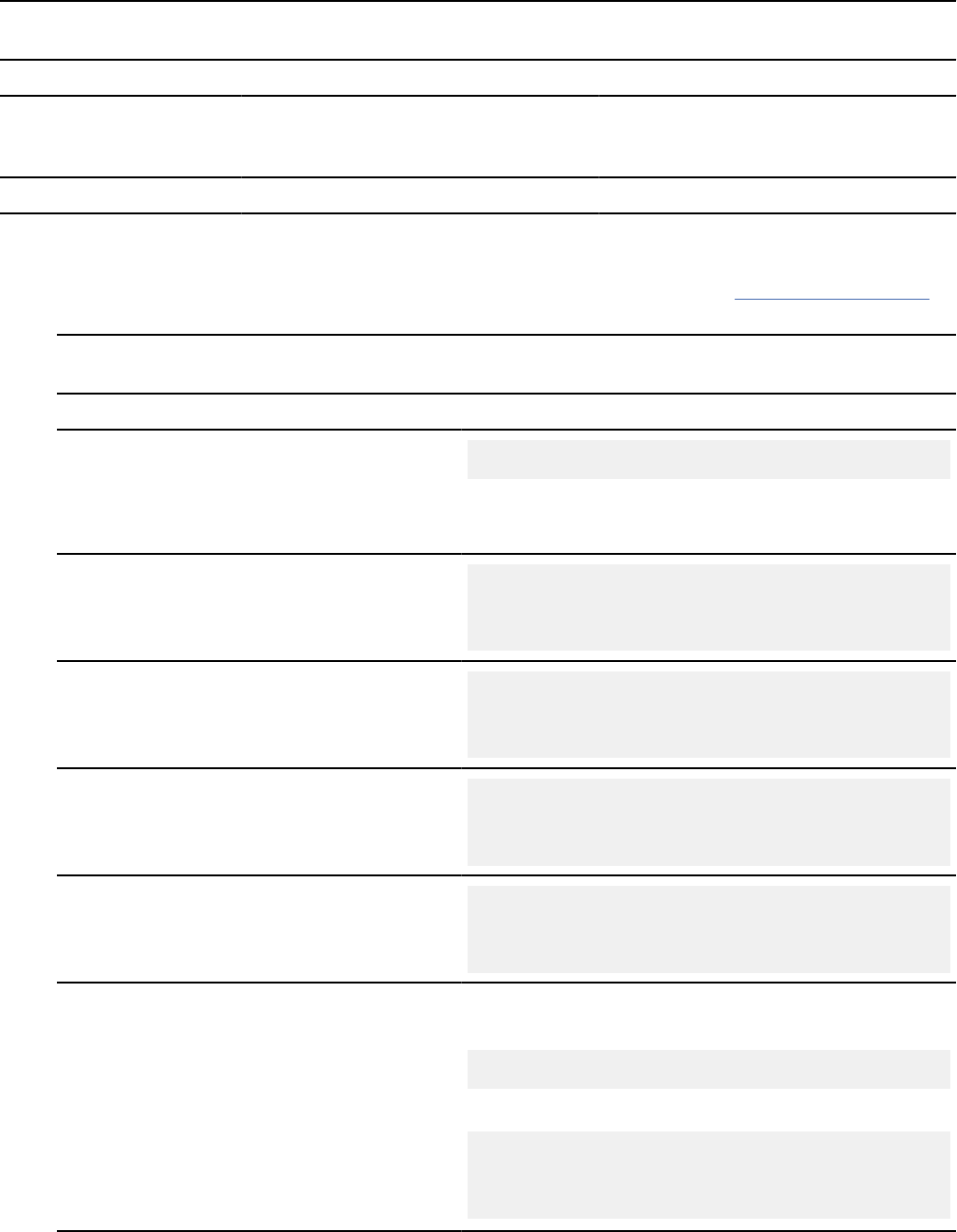
Table 106. C host variable equivalents that you can use when retrieving data of a particular SQL data type
(continued)
SQL data type C host variable equivalent Notes
XML DBCLOB le reference SQL TYPE IS XML AS DBCLOB_FILE Use this data type only to manipulate
XML data as DBCLOB les. Do not use
this data type as a column type.
ROWID SQL TYPE IS ROWID
The following table shows the C language denitions to use in C stored procedures and user-dened
functions, when the parameter data types in the routine denitions are LOBs, ROWIDs, or locators. For
other parameter data types, the C language denitions are the same as those in Table 106 on page 614
above.
Table 107. Equivalent C language declarations for LOBs, ROWIDs, and locators in user-dened routine
denitions
SQL data type in denition
1
C declaration
TABLE LOCATOR
BLOB LOCATOR
CLOB LOCATOR
DBCLOB LOCATOR
unsigned long
BLOB(n)
struct
{unsigned long length;
char data[n];
} var;
CLOB(n)
struct
{unsigned long length;
char var_data[n];
} var;
DBCLOB(n)
struct
{unsigned long length;
sqldbchar data[n];
} var;
ROWID
struct {
short int length;
char data[40];
} var;
VARCHAR(n)
2
If PARAMETER VARCHAR NULTERM is specied or
implied:
char data[n+1];
If PARAMETER VARCHAR STRUCTURE is specied:
struct
{short len;
char data[n];
} var;
Chapter 4. Embedded SQL programming617

Table 107. Equivalent C language declarations for LOBs, ROWIDs, and locators in user-dened routine
denitions (continued)
SQL data type in denition
1
C declaration
Note:
1. The SQLUDF le, which is in data set DSN1210.SDSNC.H, includes the typedef sqldbchar. Using
sqldbchar lets you manipulate DBCS and Unicode UTF-16 data in the same format in which it is
stored in Db2. sqldbchar also makes applications easier to port to other Db2 platforms.
2. This row does not apply to VARCHAR(n) FOR BIT DATA. BIT DATA is always passed in a structured
representation.
Related concepts
Compatibility of SQL and language data types
The host variable data types that are used in SQL statements must be compatible with the data types of
the columns with which you intend to use them.
LOB host variable, LOB locator, and LOB le reference variable declarations
When you write applications to manipulate LOB data, you need to declare host variables to hold the LOB
data or LOB locator. Alternatively, you need to declare LOB le reference variables to point to the LOB
data.
Host variable data types for XML data in embedded SQL applications (Db2 Programming for XML)
Handling SQL error codes in C and C++ applications
C and C++ applications can request more information about SQL error codes by using the DSNTIAR
subroutine or issuing a GET DIAGNOSTICS statement.
Procedure
To request information about SQL errors in C and C++ applications, use the following approaches:
• You can use the subroutine DSNTIAR to convert an SQL return code into a text message.
DSNTIAR takes data from the SQLCA, formats it into a message, and places the result in a message
output area that you provide in your application program. For concepts and more information about the
behavior of DSNTIAR, see “Displaying SQLCA elds by calling DSNTIAR” on page 527.
DSNITAR syntax
DSNTIAR has the following syntax:
rc = DSNTIAR(&sqlca, &message, &lrecl);
Parameters for DSNTIAR
The DSNTIAR parameters have the following meanings:
&sqlca
An SQL communication area.
&message
An output area, in VARCHAR format, in which DSNTIAR places the message text. The rst
halfword contains the length of the remaining area; its minimum value is 240.
The output lines of text, each line being the length specied in &lrecl, are put into this area. For
example, you could specify the format of the output area as:
#define data_len 132
#define data_dim 10
int length_of_line = data_len ;
struct error_struct {
short int error_len;
char error_text[data_dim][data_len];
} error_message = {data_dim * data_len};
618
Db2 12 for z/OS: Application Programming and SQL Guide (Last updated: 2024-07-30)

⋮
rc = DSNTIAR(&sqlca, &error_message, &length_of_line);
where error_message is the name of the message output area, data_dim is the number of lines
in the message output area, and data_len is the length of each line.
&lrecl
A fullword containing the logical record length of output messages, in the range 72–240.
To inform your compiler that DSNTIAR is an assembler language program, include one of the following
statements in your application.
For C, include:
#pragma linkage (DSNTIAR,OS)
For C++, include a statement similar to this:
extern "OS" short int DSNTIAR(struct sqlca *sqlca,
struct error_struct *error_message,
int *data_len);
Examples of calling DSNTIAR from an application appear in the Db2 sample C program DSN8BD3
and in the sample C++ program DSN8BE3. Both are in the library DSN8C10.SDSNSAMP. See “Sample
applications supplied with Db2 for z/OS” on page 1032 for instructions on how to access and print the
source code for the sample programs.
• If your CICS application requires CICS storage handling, you must use the subroutine DSNTIAC instead
of DSNTIAR.
DSNTIAC syntax
DSNTIAC has the following syntax:
rc = DSNTIAC(&eib, &commarea, &sqlca, &message, &lrecl);
Parameters for DSNTIAC
DSNTIAC has extra parameters, which you must use for calls to routines that use CICS commands.
&eib
EXEC interface block
&commarea
communication area
For more information on these parameters, see the appropriate application programming guide for
CICS. The remaining parameter descriptions are the same as those for DSNTIAR. Both DSNTIAC
and DSNTIAR format the SQLCA in the same way.
You must dene DSNTIA1 in the CSD. If you load DSNTIAR or DSNTIAC, you must also dene them
in the CSD. For an example of CSD entry generation statements for use with DSNTIAC, see job
DSNTEJ5A.
The assembler source code for DSNTIAC and job DSNTEJ5A, which assembles and link-edits
DSNTIAC, are in the data set prex.SDSNSAMP.
• You can also use the MESSAGE_TEXT condition item eld of the GET DIAGNOSTICS statement to
convert an SQL return code into a text message.
Programs that require long token message support should code the GET DIAGNOSTICS statement
instead of DSNTIAR. For more information about GET DIAGNOSTICS, see “Checking the execution of
SQL statements by using the GET DIAGNOSTICS statement ” on page 532.
Related tasks
Handling SQL error codes
Chapter 4. Embedded SQL programming
619
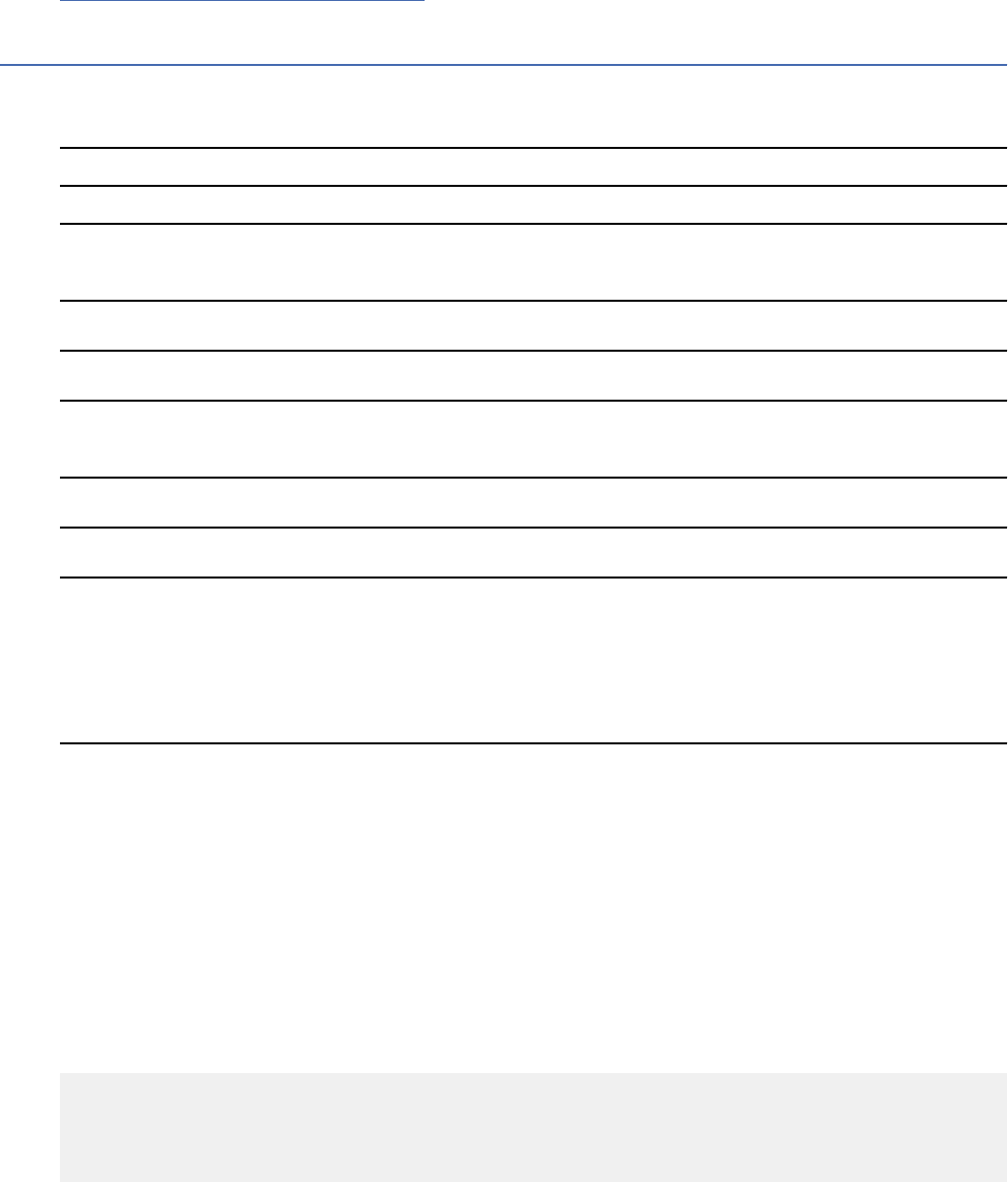
Application programs can request more information about SQL error codes from Db2.
Related reference
GET DIAGNOSTICS statement (Db2 SQL)
COBOL applications that issue SQL statements
You can code SQL statements in certain COBOL program sections.
The allowable sections are shown in the following table.
Table 108. Allowable SQL statements for COBOL program sections
SQL statement Program section
BEGIN DECLARE SECTION
END DECLARE SECTION
WORKING-STORAGE SECTION
1
or LINKAGE SECTION
INCLUDE SQLCA
WORKING-STORAGE SECTION
1
or LINKAGE SECTION
INCLUDE text-le-name
PROCEDURE DIVISION or DATA DIVISION
2
DECLARE TABLE
DECLARE CURSOR
DATA DIVISION or PROCEDURE DIVISION
DECLARE VARIABLE
WORKING-STORAGE SECTION
1
Other
PROCEDURE DIVISION
Notes:
1. If you use the Db2 coprocessor, you can use the LOCAL-STORAGE SECTION wherever WORKING-
STORAGE SECTION is listed in the table.
2. When including host variable declarations, the INCLUDE statement must be in the WORKING-
STORAGE SECTION or the LINKAGE SECTION.
You cannot put SQL statements in the DECLARATIVES section of a COBOL program.
Each SQL statement in a COBOL program must begin with EXEC SQL and end with END-EXEC. If you
are using the Db2 precompiler, the EXEC and SQL keywords must appear on one line, but the remainder
of the statement can appear on subsequent lines. If you are using the Db2 coprocessor, the EXEC and
SQL keywords can be on different lines. Do not include any tokens between the two keywords EXEC and
SQL except for COBOL comments, including debugging lines. Do not include SQL comments between the
keywords EXEC and SQL.
If the SQL statement appears between two COBOL statements, the period after END-EXEC is optional and
might not be appropriate. If the statement appears in an IF…THEN set of COBOL statements, omit the
ending period to avoid inadvertently ending the IF statement.
You might code an UPDATE statement in a COBOL program as follows:
EXEC SQL
UPDATE DSN8C10.DEPT
SET MGRNO = :MGR-NUM
WHERE DEPTNO = :INT-DEPT
END-EXEC.
Comments
You can include COBOL comment lines (* in column 7) in SQL statements wherever you can use a
blank.
620
Db2 12 for z/OS: Application Programming and SQL Guide (Last updated: 2024-07-30)

Also, you can include SQL comments (' --') in any embedded SQL statement. A space must precede
the two hyphens (' --') that begin the comment. For more information, see SQL comments (Db2 SQL).
Restrictions: If you are using the Db2 precompiler, be aware of the following restrictions:
• You cannot include COBOL comment lines between the keywords EXEC and SQL. The precompiler
treats COBOL debugging lines and page-eject lines (/ in column 7) as comment lines. The Db2
coprocessor treats the debugging lines based on the COBOL rules, which depend on the WITH
DEBUGGING mode setting.
• You cannot use COBOL inline comments that are identied by a floating comment indicator (*>).
COBOL inline comments are interpreted correctly only when the Db2 coprocessor is used.
For an SQL INCLUDE statement, the Db2 precompiler treats any text that follows the period after
END-EXEC, and on the same line as END-EXEC, as a comment. The Db2 coprocessor treats this text as
part of the COBOL program syntax.
Debugging lines
The Db2 precompiler ignores the 'D' in column 7 on debugging lines and treats it as a blank. The Db2
coprocessor follows the COBOL language rules regarding debugging lines.
Continuation for SQL statements
The rules for continuing a character string constant from one line to the next in an SQL statement
embedded in a COBOL program are the same as those for continuing a non-numeric literal in COBOL.
However, you can use either a quote or an apostrophe as the rst nonblank character in area B of
the continuation line. The same rule applies for the continuation of delimited identiers and does not
depend on the string delimiter option.
To conform with SQL standard, delimit a character string constant with an apostrophe, and use a
quote as the rst nonblank character in area B of the continuation line for a character string constant.
Continued lines of an SQL statement can be in columns 8–72 when using the Db2 precompiler and
columns 12–72 when using the Db2 coprocessor.
Delimiters
Delimit an SQL statement in your COBOL program with the beginning keyword EXEC SQL and an
END-EXEC as shown in the following example code:
EXEC SQL
SQL-statement
END-EXEC.
COPY
If you use the Db2 precompiler, do not use a COBOL COPY statement within host variable
declarations. If you use the Db2 coprocessor, you can use COBOL COPY.
REPLACE
If you use the Db2 precompiler, the REPLACE statement has no effect on SQL statements. It affects
only the COBOL statements that the precompiler generates.
If you use the Db2 coprocessor, the REPLACE statement replaces text strings in SQL statements as
well as in generated COBOL statements.
Declaring tables and views
Your COBOL program should include the statement DECLARE TABLE to describe each table and
view the program accesses. You can use the Db2 declarations generator (DCLGEN) to generate the
DECLARE TABLE statements. You should include the DCLGEN members in the DATA DIVISION.
Dynamic SQL in a COBOL program
In general, COBOL programs can easily handle dynamic SQL statements. COBOL programs can handle
SELECT statements if the data types and the number of elds returned are xed. If you want to use
variable-list SELECT statements, use an SQLDA.
Including code
To include SQL statements or COBOL host variable declarations from a member of a partitioned data
set, use the following SQL statement in the source code where you want to include the statements:
Chapter 4. Embedded SQL programming
621

EXEC SQL INCLUDE member-name END-EXEC.
If you are using the Db2 precompiler, you cannot nest SQL INCLUDE statements. In this case, do not
use COBOL verbs to include SQL statements or host variable declarations, and do not use the SQL
INCLUDE statement to include CICS preprocessor related code. In general, if you are using the Db2
precompiler, use the SQL INCLUDE statement only for SQL-related coding. If you are using the COBOL
Db2 coprocessor, none of these restrictions apply.
Use the 'EXEC SQL' and 'END-EXEC' keyword pair to include SQL statements only. COBOL statements,
such as COPY or REPLACE, are not allowed.
Margins
You must code SQL statements that begin with EXEC SQL in columns 12–72. Otherwise the Db2
precompiler does not recognize the SQL statement.
Names
You can use any valid COBOL name for a host variable. Do not use external entry names or access plan
names that begin with 'DSN', and do not use host variable names that begin with 'SQL'. These names
are reserved for Db2.
Sequence numbers
The source statements that the Db2 precompiler generates do not include sequence numbers.
Statement labels
You can precede executable SQL statements in the PROCEDURE DIVISION with a paragraph name.
WHENEVER statement
The target for the GOTO clause in an SQL statement WHENEVER must be a section name or
unqualied paragraph name in the PROCEDURE DIVISION.
Special COBOL considerations
The following considerations apply to programs written in COBOL:
• In a COBOL program that uses elements in a multi-level structure as host variable names, the Db2
precompiler generates the lowest two-level names.
• Using the COBOL compiler options DYNAM and NODYNAM depends on the operating environment.
TSO and IMS: You can specify the option DYNAM when compiling a COBOL program if you use the
following guidelines. IMS and Db2 share a common alias name, DSNHLI, for the language interface
module. You must do the following when you concatenate your libraries:
– If you use IMS with the COBOL option DYNAM, be sure to concatenate the IMS library rst.
– If you run your application program only under , be sure to concatenate the Db2 library rst.
CICS, CAF, and RRSAF: You must specify the NODYNAM option when you compile a COBOL
program that either includes CICS statements or is translated by a separate CICS translator or
the integrated CICS translator. In these cases, you cannot specify the DYNAM option. If your CICS
program has a subroutine that is not translated by a separate CICS translator or the integrated CICS
translator but contains SQL statements, you can specify the DYNAM option. However, in this case,
you must concatenate the CICS libraries before the Db2 libraries.
You can compile COBOL stored procedures with either the DYNAM option or the NODYNAM option.
If you use DYNAM, ensure that the correct Db2 language interface module is loaded dynamically by
performing one of the following actions:
– Use the ATTACH(RRSAF) precompiler option.
– Copy the DSNRLI module into a load library that is concatenated in front of the Db2 libraries. Use
the member name DSNHLI.
• To avoid truncating numeric values, use either of the following methods:
– Use the COMP-5 data type for binary integer host variables.
– Specify the COBOL compiler option:
622
Db2 12 for z/OS: Application Programming and SQL Guide (Last updated: 2024-07-30)

- TRUNC(OPT) or TRUNC(STD) if you are certain that the data being moved to each binary
variable by the application does not have a larger precision than is dened in the PICTURE
clause of the binary variable.
- TRUNC(BIN) if the precision of data being moved to each binary variable might exceed the value
in the PICTURE clause.
Db2 assigns values to binary integer host variables as if you had specied the COBOL compiler
option TRUNC(BIN) or used the COMP-5 data type.
• If you are using the Db2 precompiler and your COBOL program contains several entry points or is
called several times, the USING clause of the entry statement that executes before the rst SQL
statement executes must contain the SQLCA and all linkage section entries that any SQL statement
uses as host variables.
• If you use the Db2 precompiler, no compiler directives should appear between the PROCEDURE
DIVISION and the DECLARATIVES statement.
• Do not use COBOL gurative constants (such as ZERO and SPACE), symbolic characters, reference
modication, and subscripts within SQL statements.
• Observe the rules for naming SQL identiers, as described in Identiers in SQL (Db2 SQL). However,
for COBOL only, the names of SQL identiers can follow the rules for naming COBOL words,
as described in COBOL words with single-byte characters (COBOL) (Enterprise COBOL for z/OS
Programming Guide). However, the names must not exceed the allowable length for the Db2 object.
• Surround hyphens used as subtraction operators with spaces. Db2 usually interprets a hyphen with
no spaces around it as part of a host variable name.
• If you include an SQL statement in a COBOL PERFORM … THRU paragraph and also specify the SQL
statement WHENEVER … GO, the COBOL compiler returns the warning message IGYOP3094. That
message might indicate a problem. This usage is not recommended.
• If you are using the Db2 precompiler, all SQL statements and any host variables they reference must
be within the rst program when using nested programs or batch compilation.
• If you are using the Db2 precompiler, your COBOL programs must have a DATA DIVISION and
a PROCEDURE DIVISION. Both divisions and the WORKING-STORAGE SECTION must be present
in programs that contain SQL statements. However, if your COBOL programs requires the LOCAL-
STORAGE SECTION, then the Db2 coprocessor should be used instead of the Db2 precompiler.
• The Db2 precompiler generates this COBOL variable:
DSN-TMP2 PIC S9(18) COMP-3
The Db2 coprocessor generates this COBOL variable:
SQL---SCRVALD DS 10P PIC S9(18) COMP-3
If you specify COBOL option RULES(NOEVENPACK), the COBOL compiler generates warning
IGYDS1348-W, because those variables have an even number of packed decimal digits.
If your program uses the Db2 precompiler and uses parameters that are dened in LINKAGE
SECTION as host variables to Db2 and the address of the input parameter might change on
subsequent invocations of your program, your program must reset the variable SQL-INIT-FLAG. This
flag is generated by the Db2 precompiler. Resetting this flag indicates that the storage must initialize
when the next SQL statement executes. To reset the flag, insert the statement MOVE ZERO TO SQL-
INIT-FLAG in the called program's PROCEDURE DIVISION, ahead of any executable SQL statements
that use the host variables. If you use the COBOL Db2 coprocessor, the called program does not need
to reset SQL-INIT-FLAG.
Handling SQL error codes
Cobol applications can request more information about SQL errors from Db2. For more information,
see “Handling SQL error codes in Cobol applications” on page 684.
Chapter 4. Embedded SQL programming
623

Related concepts
Sample applications supplied with Db2 for z/OS
Db2 provides sample applications to help you with Db2 programming techniques and coding practices
within each of the four environments: batch, TSO, IMS, and CICS. The sample applications contain various
applications that might apply to managing a company.
DCLGEN (declarations generator)
Your program should declare the tables and views that it accesses. The Db2 declarations generator,
DCLGEN, produces these DECLARE statements for C, COBOL, and PL/I programs, so that you do not need
to code the statements yourself. DCLGEN also generates corresponding host variable structures.
Using host-variable arrays in SQL statements
Use host-variable arrays in embedded SQL statements to represent values that the program does not
know until the query is executed. Host-variable arrays are useful for storing a set of retrieved values or for
passing a set of values that are to be inserted into a table.
Identiers in SQL (Db2 SQL)
Related tasks
Overview of programming applications that access Db2 for z/OS data
Applications that interact with Db2 must rst connect to Db2. They can then read, add, or modify data or
manipulate Db2 objects.
Including dynamic SQL in your program
Dynamic SQL is prepared and executed while the program is running.
Checking the execution of SQL statements by using the GET DIAGNOSTICS statement
One way to check whether an SQL statement executed successfully is to ask Db2 to return the diagnostic
information about the last executed SQL statement.
Dening SQL descriptor areas (SQLDA)
If your program includes certain SQL statements, you must dene at least one SQL descriptor area
(SQLDA). Depending on the context in which it is used, the SQLDA stores information about prepared SQL
statements or host variables. This information can then be read by either the application program or Db2.
Displaying SQLCA elds by calling DSNTIAR
If you use the SQLCA to check whether an SQL statement executed successfully, your program needs to
read the data in the appropriate SQLCA elds. One easy way to read these elds is to use the assembler
subroutine DSNTIAR.
Setting limits for system resource usage by using the resource limit facility (Db2 Performance)
COBOL programming examples
You can write Db2 programs in COBOL. These programs can access a local or remote Db2 subsystem
and can execute static or dynamic SQL statements. This information contains several such programming
examples.
To prepare and run these applications, use the JCL in prex.SDSNSAMP as a model for your JCL.
Related reference
Assembler, C, C++, COBOL, PL/I, and REXX programming examples (Db2 Programming samples)
Sample COBOL dynamic SQL program
You can code dynamic varying-list SELECT statements in a COBOL program. Varying-List SELECT
statements are statements for which you do not know the number or data types of columns that are
to be returned when you write the program.
Introductory concepts
Submitting SQL statements to Db2 (Introduction to Db2 for z/OS)
Dynamic SQL applications (Introduction to Db2 for z/OS)
624
Db2 12 for z/OS: Application Programming and SQL Guide (Last updated: 2024-07-30)

“Including dynamic SQL in your program” on page 494 describes three variations of dynamic SQL
statements:
• Non-SELECT statements
• Fixed-List SELECT statements
In this case, you know the number of columns returned and their data types when you write the
program.
• Varying-List SELECT statements.
In this case, you do not know the number of columns returned and their data types when you write the
program.
This section documents a technique of coding varying list SELECT statements in COBOL.
This example program does not support BLOB, CLOB, or DBCLOB data types.
Pointers and based variables in the sample COBOL program
COBOL has a POINTER type and a SET statement that provide pointers and based variables.
The SET statement sets a pointer from the address of an area in the linkage section or another pointer;
the statement can also set the address of an area in the linkage section. UNLDBCU2 in “Example of the
sample COBOL program” on page 625 provides these uses of the SET statement. The SET statement
does not permit the use of an address in the WORKING-STORAGE section.
Storage allocation for the sample COBOL program
COBOL does not provide a means to allocate main storage within a program. You can achieve the same
end by having an initial program which allocates the storage, and then calls a second program that
manipulates the pointer. (COBOL does not permit you to directly manipulate the pointer because errors
and abends are likely to occur.)
The initial program is extremely simple. It includes a working storage section that allocates the maximum
amount of storage needed. This program then calls the second program, passing the area or areas on the
CALL statement. The second program denes the area in the linkage section and can then use pointers
within the area.
If you need to allocate parts of storage, the best method is to use indexes or subscripts. You can use
subscripts for arithmetic and comparison operations.
Example of the sample COBOL program
The following example shows an example of the initial program UNLDBCU1 that allocates the storage and
calls the second program UNLDBCU2. UNLDBCU2 then denes the passed storage areas in its linkage
section and includes the USING clause on its PROCEDURE DIVISION statement.
Dening the pointers, then redening them as numeric, permits some manipulation of the pointers that
you cannot perform directly. For example, you cannot add the column length to the record pointer, but you
can add the column length to the numeric value that redenes the pointer.
The following example is the initial program that allocates storage.
**** UNLDBCU1- DB2 SAMPLE BATCH COBOL UNLOAD PROGRAM ***********
* *
* MODULE NAME = UNLDBCU1 *
* *
* DESCRIPTIVE NAME = DB2 SAMPLE APPLICATION *
* UNLOAD PROGRAM *
* BATCH *
* IBM ENTERPRISE COBOL FOR Z/OS *
* *
* COPYRIGHT = 5740-XYR (C) COPYRIGHT IBM CORP 1982, 1987 *
* REFER TO COPYRIGHT INSTRUCTIONS FORM NUMBER G120-2083 *
* *
* STATUS = VERSION 1 RELEASE 3, LEVEL 0 *
Chapter 4. Embedded SQL programming
625

* *
* FUNCTION = THIS MODULE PROVIDES THE STORAGE NEEDED BY *
* UNLDBCU2 AND CALLS THAT PROGRAM. *
* *
* NOTES = *
* DEPENDENCIES = ENTERPRISE COBOL FOR Z/OS IS REQUIRED. *
* SEVERAL NEW FACILITIES ARE USED. *
* *
* RESTRICTIONS = *
* THE MAXIMUM NUMBER OF COLUMNS IS 750, *
* WHICH IS THE SQL LIMIT. *
* *
* DATA RECORDS ARE LIMITED TO 32700 BYTES, *
* INCLUDING DATA, LENGTHS FOR VARCHAR DATA, *
* AND SPACE FOR NULL INDICATORS. *
* *
* MODULE TYPE = IBM ENTERPRISE COBOL PROGRAM *
* PROCESSOR = ENTERPRISE COBOL FOR Z/OS *
* MODULE SIZE = SEE LINK EDIT *
* ATTRIBUTES = REENTRANT *
* *
* ENTRY POINT = UNLDBCU1 *
* PURPOSE = SEE FUNCTION *
* LINKAGE = INVOKED FROM DSN RUN *
* INPUT = NONE *
* OUTPUT = NONE *
* *
* EXIT-NORMAL = RETURN CODE 0 NORMAL COMPLETION *
* *
* EXIT-ERROR = *
* RETURN CODE = NONE *
* ABEND CODES = NONE *
* ERROR-MESSAGES = NONE *
* *
* EXTERNAL REFERENCES = *
* ROUTINES/SERVICES = *
* UNLDBCU2 - ACTUAL UNLOAD PROGRAM *
* *
* DATA-AREAS = NONE *
* CONTROL-BLOCKS = NONE *
* *
* TABLES = NONE *
* CHANGE-ACTIVITY = NONE *
* *
* *PSEUDOCODE* *
* *
* PROCEDURE *
* CALL UNLDBCU2. *
* END. *
*---------------------------------------------------------------*
/
IDENTIFICATION DIVISION.
*-----------------------
PROGRAM-ID. UNLDBCU1
*
ENVIRONMENT DIVISION.
*
CONFIGURATION SECTION.
DATA DIVISION.
*
WORKING-STORAGE SECTION.
*
01 WORKAREA-IND.
02 WORKIND PIC S9(4) COMP-5 OCCURS 750 TIMES.
01 RECWORK.
02 RECWORK-LEN PIC S9(8) COMP-5 VALUE 32700.
02 RECWORK-CHAR PIC X(1) OCCURS 32700 TIMES.
*
PROCEDURE DIVISION.
*
CALL 'UNLDBCU2' USING WORKAREA-IND RECWORK.
GOBACK.
The following example is the called program that does pointer manipulation.
**** UNLDBCU2- DB2 SAMPLE BATCH COBOL UNLOAD PROGRAM ***********
* *
* MODULE NAME = UNLDBCU2 *
* *
* DESCRIPTIVE NAME = DB2 SAMPLE APPLICATION *
626
Db2 12 for z/OS: Application Programming and SQL Guide (Last updated: 2024-07-30)

* UNLOAD PROGRAM *
* BATCH *
* ENTERPRISE COBOL FOR Z/OS *
* *
* COPYRIGHT = 5740-XYR (C) COPYRIGHT IBM CORP 1982, 1987 *
* REFER TO COPYRIGHT INSTRUCTIONS FORM NUMBER G120-2083 *
* *
* STATUS = VERSION 1 RELEASE 3, LEVEL 0 *
* *
* FUNCTION = THIS MODULE ACCEPTS A TABLE NAME OR VIEW NAME *
* AND UNLOADS THE DATA IN THAT TABLE OR VIEW. *
* READ IN A TABLE NAME FROM SYSIN. *
* PUT DATA FROM THE TABLE INTO DD SYSREC01. *
* WRITE RESULTS TO SYSPRINT. *
* *
* NOTES = *
* DEPENDENCIES = IBM ENTERPRISE COBOL FOR Z/OS *
* IS REQUIRED. *
* *
* RESTRICTIONS = *
* THE SQLDA IS LIMITED TO 33016 BYTES. *
* THIS SIZE ALLOWS FOR THE DB2 MAXIMUM *
* OF 750 COLUMNS. *
* *
* DATA RECORDS ARE LIMITED TO 32700 BYTES, *
* INCLUDING DATA, LENGTHS FOR VARCHAR DATA, *
* AND SPACE FOR NULL INDICATORS. *
* *
* TABLE OR VIEW NAMES ARE ACCEPTED, AND ONLY *
* ONE NAME IS ALLOWED PER RUN. *
* *
* MODULE TYPE = ENTERPRISE COBOL FOR Z/OS *
* PROCESSOR = DB2 PRECOMPILER, COBOL COMPILER *
* MODULE SIZE = SEE LINK EDIT *
* ATTRIBUTES = REENTRANT *
* *
* ENTRY POINT = UNLDBCU2 *
* PURPOSE = SEE FUNCTION *
* LINKAGE = *
* CALL 'UNLDBCU2' USING WORKAREA-IND RECWORK. *
* *
* INPUT = SYMBOLIC LABEL/NAME = WORKAREA-IND *
* DESCRIPTION = INDICATOR VARIABLE ARRAY *
* 01 WORKAREA-IND. *
* 02 WORKIND PIC S9(4) COMP-5 OCCURS 750 TIMES.*
* *
* SYMBOLIC LABEL/NAME = RECWORK *
* DESCRIPTION = WORK AREA FOR OUTPUT RECORD *
* 01 RECWORK. *
* 02 RECWORK-LEN PIC S9(8) COMP. *
* 02 RECWORK-CHAR PIC X(1) OCCURS 32700 TIMES.*
* *
* SYMBOLIC LABEL/NAME = SYSIN *
* DESCRIPTION = INPUT REQUESTS - TABLE OR VIEW *
* *
* OUTPUT = SYMBOLIC LABEL/NAME = SYSPRINT *
* DESCRIPTION = PRINTED RESULTS *
* *
* SYMBOLIC LABEL/NAME = SYSREC01 *
* DESCRIPTION = UNLOADED TABLE DATA *
* *
* EXIT-NORMAL = RETURN CODE 0 NORMAL COMPLETION *
* EXIT-ERROR = *
* RETURN CODE = NONE *
* ABEND CODES = NONE *
* ERROR-MESSAGES = *
* DSNT490I SAMPLE COBOL DATA UNLOAD PROGRAM RELEASE 3.0*
* - THIS IS THE HEADER, INDICATING A NORMAL *
* - START FOR THIS PROGRAM. *
* DSNT493I SQL ERROR, SQLCODE = NNNNNNNN *
* - AN SQL ERROR OR WARNING WAS ENCOUNTERED *
* - ADDITIONAL INFORMATION FROM DSNTIAR *
* - FOLLOWS THIS MESSAGE. *
* DSNT495I SUCCESSFUL UNLOAD XXXXXXXX ROWS OF *
* TABLE TTTTTTTT *
* - THE UNLOAD WAS SUCCESSFUL. XXXXXXXX IS *
* - THE NUMBER OF ROWS UNLOADED. TTTTTTTT *
* - IS THE NAME OF THE TABLE OR VIEW FROM *
* - WHICH IT WAS UNLOADED. *
* DSNT496I UNRECOGNIZED DATA TYPE CODE OF NNNNN *
* - THE PREPARE RETURNED AN INVALID DATA *
* - TYPE CODE. NNNNN IS THE CODE, PRINTED *
Chapter 4. Embedded SQL programming
627

* - IN DECIMAL. USUALLY AN ERROR IN *
* - THIS ROUTINE OR A NEW DATA TYPE. *
* DSNT497I RETURN CODE FROM MESSAGE ROUTINE DSNTIAR *
* - THE MESSAGE FORMATTING ROUTINE DETECTED *
* - AN ERROR. SEE THAT ROUTINE FOR RETURN *
* - CODE INFORMATION. USUALLY AN ERROR IN *
* - THIS ROUTINE. *
* DSNT498I ERROR, NO VALID COLUMNS FOUND *
* - THE PREPARE RETURNED DATA WHICH DID NOT *
* - PRODUCE A VALID OUTPUT RECORD. *
* - USUALLY AN ERROR IN THIS ROUTINE. *
* DSNT499I NO ROWS FOUND IN TABLE OR VIEW *
* - THE CHOSEN TABLE OR VIEWS DID NOT *
* - RETURN ANY ROWS. *
* ERROR MESSAGES FROM MODULE DSNTIAR *
* - WHEN AN ERROR OCCURS, THIS MODULE *
* - PRODUCES CORRESPONDING MESSAGES. *
* OTHER MESSAGES: *
* THE TABLE COULD NOT BE UNLOADED. EXITING. *
* *
* EXTERNAL REFERENCES = *
* ROUTINES/SERVICES = *
* DSNTIAR - TRANSLATE SQLCA INTO MESSAGES *
* DATA-AREAS = NONE *
* CONTROL-BLOCKS = *
* SQLCA - SQL COMMUNICATION AREA *
* *
* TABLES = NONE *
* CHANGE-ACTIVITY = NONE *
* *
* *PSEUDOCODE* *
* PROCEDURE *
* EXEC SQL DECLARE DT CURSOR FOR SEL END-EXEC. *
* EXEC SQL DECLARE SEL STATEMENT END-EXEC. *
* INITIALIZE THE DATA, OPEN FILES. *
* OBTAIN STORAGE FOR THE SQLDA AND THE DATA RECORDS. *
* READ A TABLE NAME. *
* OPEN SYSREC01. *
* BUILD THE SQL STATEMENT TO BE EXECUTED *
* EXEC SQL PREPARE SQL STATEMENT INTO SQLDA END-EXEC. *
* SET UP ADDRESSES IN THE SQLDA FOR DATA. *
* INITIALIZE DATA RECORD COUNTER TO 0. *
* EXEC SQL OPEN DT END-EXEC. *
* DO WHILE SQLCODE IS 0. *
* EXEC SQL FETCH DT USING DESCRIPTOR SQLDA END-EXEC. *
* ADD IN MARKERS TO DENOTE NULLS. *
* WRITE THE DATA TO SYSREC01. *
* INCREMENT DATA RECORD COUNTER. *
* END. *
* EXEC SQL CLOSE DT END-EXEC. *
* INDICATE THE RESULTS OF THE UNLOAD OPERATION. *
* CLOSE THE SYSIN, SYSPRINT, AND SYSREC01 FILES. *
* END. *
*---------------------------------------------------------------*
/
IDENTIFICATION DIVISION.
*-----------------------
PROGRAM-ID. UNLDBCU2
*
ENVIRONMENT DIVISION.
*--------------------
CONFIGURATION SECTION.
INPUT-OUTPUT SECTION.
FILE-CONTROL.
SELECT SYSIN
ASSIGN TO DA-S-SYSIN.
SELECT SYSPRINT
ASSIGN TO UT-S-SYSPRINT.
SELECT SYSREC01
ASSIGN TO DA-S-SYSREC01.
*
DATA DIVISION.
*-------------
*
FILE SECTION.
FD SYSIN
RECORD CONTAINS 80 CHARACTERS
BLOCK CONTAINS 0 RECORDS
LABEL RECORDS ARE OMITTED
RECORDING MODE IS F.
01 CARDREC PIC X(80).
*
628
Db2 12 for z/OS: Application Programming and SQL Guide (Last updated: 2024-07-30)

FD SYSPRINT
RECORD CONTAINS 120 CHARACTERS
LABEL RECORDS ARE OMITTED
DATA RECORD IS MSGREC
RECORDING MODE IS F.
01 MSGREC PIC X(120).
*
FD SYSREC01
RECORD CONTAINS 5 TO 32704 CHARACTERS
LABEL RECORDS ARE OMITTED
DATA RECORD IS REC01
RECORDING MODE IS V.
01 REC01.
02 REC01-LEN PIC S9(8) COMP.
02 REC01-CHAR PIC X(1) OCCURS 1 TO 32700 TIMES
DEPENDING ON REC01-LEN.
/
WORKING-STORAGE SECTION.
*
*****************************************************
* STRUCTURE FOR INPUT *
*****************************************************
01 IOAREA.
02 TNAME PIC X(72).
02 FILLER PIC X(08).
01 STMTBUF.
49 STMTLEN PIC S9(4) COMP-5 VALUE 92.
49 STMTCHAR PIC X(92).
01 STMTBLD.
02 FILLER PIC X(20) VALUE 'SELECT * FROM'.
02 STMTTAB PIC X(72).
*
*****************************************************
* REPORT HEADER STRUCTURE *
*****************************************************
01 HEADER.
02 FILLER PIC X(35)
VALUE ' DSNT490I SAMPLE COBOL DATA UNLOAD '.
02 FILLER PIC X(85) VALUE 'PROGRAM RELEASE 3.0'.
01 MSG-SQLERR.
02 FILLER PIC X(31)
VALUE ' DSNT493I SQL ERROR, SQLCODE = '.
02 MSG-MINUS PIC X(1).
02 MSG-PRINT-CODE PIC 9(8).
02 FILLER PIC X(81) VALUE ' '.
01 MSG-OTHER-ERR.
02 FILLER PIC X(42)
VALUE ' THE TABLE COULD NOT BE UNLOADED. EXITING.'.
02 FILLER PIC X(78) VALUE ' '.
01 UNLOADED.
02 FILLER PIC X(28)
VALUE ' DSNT495I SUCCESSFUL UNLOAD '.
02 ROWS PIC 9(8).
02 FILLER PIC X(15) VALUE ' ROWS OF TABLE '.
02 TABLENAM PIC X(72) VALUE ' '.
01 BADTYPE.
02 FILLER PIC X(42)
VALUE ' DSNT496I UNRECOGNIZED DATA TYPE CODE OF '.
02 TYPCOD PIC 9(8).
02 FILLER PIC X(71) VALUE ' '.
01 MSGRETCD.
02 FILLER PIC X(42)
VALUE ' DSNT497I RETURN CODE FROM MESSAGE ROUTINE'.
02 FILLER PIC X(9) VALUE 'DSNTIAR '.
02 RETCODE PIC 9(8).
02 FILLER PIC X(62) VALUE ' '.
01 MSGNOCOL.
02 FILLER PIC X(120)
VALUE ' DSNT498I ERROR, NO VALID COLUMNS FOUND'.
01 MSG-NOROW.
02 FILLER PIC X(120)
VALUE ' DSNT499I NO ROWS FOUND IN TABLE OR VIEW'.
*****************************************************
* WORKAREAS *
*****************************************************
77 NOT-FOUND PIC S9(8) COMP-5 VALUE +100.
*****************************************************
* VARIABLES FOR ERROR-MESSAGE FORMATTING *
*****************************************************
01 ERROR-MESSAGE.
02 ERROR-LEN PIC S9(4) COMP-5 VALUE +960.
02 ERROR-TEXT PIC X(120) OCCURS 8 TIMES
Chapter 4. Embedded SQL programming
629

INDEXED BY ERROR-INDEX.
77 ERROR-TEXT-LEN PIC S9(8) COMP-5 VALUE +120.
*****************************************************
* SQL DESCRIPTOR AREA *
*****************************************************
01 SQLDA.
02 SQLDAID PIC X(8) VALUE 'SQLDA '.
02 SQLDABC PIC S9(8) COMPUTATIONAL VALUE 33016.
02 SQLN PIC S9(4) COMP-5 VALUE 750.
02 SQLD PIC S9(4) COMP-5 VALUE 0.
02 SQLVAR OCCURS 1 TO 750 TIMES
DEPENDING ON SQLN.
03 SQLTYPE PIC S9(4) COMP-5.
03 SQLLEN PIC S9(4) COMP-5.
03 SQLDATA POINTER.
03 SQLIND POINTER.
03 SQLNAME.
49 SQLNAMEL PIC S9(4) COMP-5.
49 SQLNAMEC PIC X(30).
*
* DATA TYPES FOUND IN SQLTYPE, AFTER REMOVING THE NULL BIT
*
77 VARCTYPE PIC S9(4) COMP-5 VALUE +448.
77 CHARTYPE PIC S9(4) COMP-5 VALUE +452.
77 VARLTYPE PIC S9(4) COMP-5 VALUE +456.
77 VARGTYPE PIC S9(4) COMP-5 VALUE +464.
77 GTYPE PIC S9(4) COMP-5 VALUE +468.
77 LVARGTYP PIC S9(4) COMP-5 VALUE +472.
77 FLOATYPE PIC S9(4) COMP-5 VALUE +480.
77 DECTYPE PIC S9(4) COMP-5 VALUE +484.
77 INTTYPE PIC S9(4) COMP-5 VALUE +496.
77 HWTYPE PIC S9(4) COMP-5 VALUE +500.
77 DATETYP PIC S9(4) COMP-5 VALUE +384.
77 TIMETYP PIC S9(4) COMP-5 VALUE +388.
77 TIMESTMP PIC S9(4) COMP-5 VALUE +392.
*
01 RECPTR POINTER.
01 RECNUM REDEFINES RECPTR PICTURE S9(8) COMPUTATIONAL.
01 IRECPTR POINTER.
01 IRECNUM REDEFINES IRECPTR PICTURE S9(8) COMPUTATIONAL.
01 I PICTURE S9(4) COMPUTATIONAL.
01 J PICTURE S9(4) COMPUTATIONAL.
01 DUMMY PICTURE S9(4) COMPUTATIONAL.
01 MYTYPE PICTURE S9(4) COMPUTATIONAL.
01 COLUMN-IND PICTURE S9(4) COMPUTATIONAL.
01 COLUMN-LEN PICTURE S9(4) COMPUTATIONAL.
01 COLUMN-PREC PICTURE S9(4) COMPUTATIONAL.
01 COLUMN-SCALE PICTURE S9(4) COMPUTATIONAL.
01 INDCOUNT PIC S9(4) COMPUTATIONAL.
01 ROWCOUNT PIC S9(4) COMPUTATIONAL.
01 ERR-FOUND PICTURE X(1).
01 WORKAREA2.
02 WORKINDPTR POINTER OCCURS 750 TIMES.
*****************************************************
* DECLARE CURSOR AND STATEMENT FOR DYNAMIC SQL
*****************************************************
*
EXEC SQL DECLARE DT CURSOR FOR SEL END-EXEC.
EXEC SQL DECLARE SEL STATEMENT END-EXEC.
*
*****************************************************
* SQL INCLUDE FOR SQLCA *
*****************************************************
EXEC SQL INCLUDE SQLCA END-EXEC.
*
77 ONE PIC S9(4) COMP-5 VALUE +1.
77 TWO PIC S9(4) COMP-5 VALUE +2.
77 FOUR PIC S9(4) COMP-5 VALUE +4.
77 QMARK PIC X(1) VALUE '?'.
*
LINKAGE SECTION.
01 LINKAREA-IND.
02 IND PIC S9(4) COMP-5 OCCURS 750 TIMES.
01 LINKAREA-REC.
02 REC1-LEN PIC S9(8) COMP.
02 REC1-CHAR PIC X(1) OCCURS 1 TO 32700 TIMES
DEPENDING ON REC1-LEN.
01 LINKAREA-QMARK.
02 INDREC PIC X(1).
/
PROCEDURE DIVISION USING LINKAREA-IND LINKAREA-REC.
*
630
Db2 12 for z/OS: Application Programming and SQL Guide (Last updated: 2024-07-30)

*****************************************************
* SQL RETURN CODE HANDLING *
*****************************************************
EXEC SQL WHENEVER SQLERROR GOTO DBERROR END-EXEC.
EXEC SQL WHENEVER SQLWARNING GOTO DBERROR END-EXEC.
EXEC SQL WHENEVER NOT FOUND CONTINUE END-EXEC.
*
*****************************************************
* MAIN PROGRAM ROUTINE *
*****************************************************
SET IRECPTR TO ADDRESS OF REC1-CHAR(1).
* **OPEN FILES
MOVE 'N' TO ERR-FOUND.
* **INITIALIZE
* ** ERROR FLAG
OPEN INPUT SYSIN
OUTPUT SYSPRINT
OUTPUT SYSREC01.
* **WRITE HEADER
WRITE MSGREC FROM HEADER
AFTER ADVANCING 2 LINES.
* **GET FIRST INPUT
READ SYSIN RECORD INTO IOAREA.
* **MAIN ROUTINE
PERFORM PROCESS-INPUT THROUGH IND-RESULT.
*
PROG-END.
* **CLOSE FILES
CLOSE SYSIN
SYSPRINT
SYSREC01.
GOBACK.
/
***************************************************************
* *
* PERFORMED SECTION: *
* PROCESSING FOR THE TABLE OR VIEW JUST READ *
* *
***************************************************************
PROCESS-INPUT.
*
MOVE TNAME TO STMTTAB.
MOVE STMTBLD TO STMTCHAR.
MOVE +750 TO SQLN.
EXEC SQL PREPARE SEL INTO :SQLDA FROM :STMTBUF END-EXEC.
***************************************************************
* *
* SET UP ADDRESSES IN THE SQLDA FOR DATA. *
* *
***************************************************************
IF SQLD = ZERO THEN
WRITE MSGREC FROM MSGNOCOL
AFTER ADVANCING 2 LINES
MOVE 'Y' TO ERR-FOUND
GO TO IND-RESULT.
MOVE ZERO TO ROWCOUNT.
MOVE ZERO TO REC1-LEN.
SET RECPTR TO IRECPTR.
MOVE ONE TO I.
PERFORM COLADDR UNTIL I > SQLD.
****************************************************************
* *
* SET LENGTH OF OUTPUT RECORD. *
* EXEC SQL OPEN DT END-EXEC. *
* DO WHILE SQLCODE IS 0. *
* EXEC SQL FETCH DT USING DESCRIPTOR :SQLDA END-EXEC. *
* ADD IN MARKERS TO DENOTE NULLS. *
* WRITE THE DATA TO SYSREC01. *
* INCREMENT DATA RECORD COUNTER. *
* END. *
* *
****************************************************************
* **OPEN CURSOR
EXEC SQL OPEN DT END-EXEC.
PERFORM BLANK-REC.
EXEC SQL FETCH DT USING DESCRIPTOR :SQLDA END-EXEC.
* **NO ROWS FOUND
* **PRINT ERROR MESSAGE
IF SQLCODE = NOT-FOUND
WRITE MSGREC FROM MSG-NOROW
AFTER ADVANCING 2 LINES
Chapter 4. Embedded SQL programming
631

MOVE 'Y' TO ERR-FOUND
ELSE
* **WRITE ROW AND
* **CONTINUE UNTIL
* **NO MORE ROWS
PERFORM WRITE-AND-FETCH
UNTIL SQLCODE IS NOT EQUAL TO ZERO.
*
EXEC SQL WHENEVER NOT FOUND GOTO CLOSEDT END-EXEC.
*
CLOSEDT.
EXEC SQL CLOSE DT END-EXEC.
*
****************************************************************
* *
* INDICATE THE RESULTS OF THE UNLOAD OPERATION. *
* *
****************************************************************
IND-RESULT.
IF ERR-FOUND = 'N' THEN
MOVE TNAME TO TABLENAM
MOVE ROWCOUNT TO ROWS
WRITE MSGREC FROM UNLOADED
AFTER ADVANCING 2 LINES
ELSE
WRITE MSGREC FROM MSG-OTHER-ERR
AFTER ADVANCING 2 LINES
MOVE +0012 TO RETURN-CODE
GO TO PROG-END.
*
WRITE-AND-FETCH.
* ADD IN MARKERS TO DENOTE NULLS.
MOVE ONE TO INDCOUNT.
PERFORM NULLCHK UNTIL INDCOUNT = SQLD.
MOVE REC1-LEN TO REC01-LEN.
WRITE REC01 FROM LINKAREA-REC.
ADD ONE TO ROWCOUNT.
PERFORM BLANK-REC.
EXEC SQL FETCH DT USING DESCRIPTOR :SQLDA END-EXEC.
*
NULLCHK.
IF IND(INDCOUNT) < 0 THEN
SET ADDRESS OF LINKAREA-QMARK TO WORKINDPTR(INDCOUNT)
MOVE QMARK TO INDREC.
ADD ONE TO INDCOUNT.
*****************************************************
* BLANK OUT RECORD TEXT FIRST *
*****************************************************
BLANK-REC.
MOVE ONE TO J.
PERFORM BLANK-MORE UNTIL J > REC1-LEN.
BLANK-MORE.
MOVE ' ' TO REC1-CHAR(J).
ADD ONE TO J.
*
COLADDR.
SET SQLDATA(I) TO RECPTR.
****************************************************************
*
* DETERMINE THE LENGTH OF THIS COLUMN (COLUMN-LEN)
* THIS DEPENDS UPON THE DATA TYPE. MOST DATA TYPES HAVE
* THE LENGTH SET, BUT VARCHAR, GRAPHIC, VARGRAPHIC, AND
* DECIMAL DATA NEED TO HAVE THE BYTES CALCULATED.
* THE NULL ATTRIBUTE MUST BE SEPARATED TO SIMPLIFY MATTERS.
*
****************************************************************
MOVE SQLLEN(I) TO COLUMN-LEN.
* COLUMN-IND IS 0 FOR NO NULLS AND 1 FOR NULLS
DIVIDE SQLTYPE(I) BY TWO GIVING DUMMY REMAINDER COLUMN-IND.
* MYTYPE IS JUST THE SQLTYPE WITHOUT THE NULL BIT
MOVE SQLTYPE(I) TO MYTYPE.
SUBTRACT COLUMN-IND FROM MYTYPE.
* SET THE COLUMN LENGTH, DEPENDENT UPON DATA TYPE
EVALUATE MYTYPE
WHEN CHARTYPE CONTINUE,
WHEN DATETYP CONTINUE,
WHEN TIMETYP CONTINUE,
WHEN TIMESTMP CONTINUE,
WHEN FLOATYPE CONTINUE,
WHEN VARCTYPE
ADD TWO TO COLUMN-LEN,
WHEN VARLTYPE
632
Db2 12 for z/OS: Application Programming and SQL Guide (Last updated: 2024-07-30)

ADD TWO TO COLUMN-LEN,
WHEN GTYPE
MULTIPLY COLUMN-LEN BY TWO GIVING COLUMN-LEN,
WHEN VARGTYPE
PERFORM CALC-VARG-LEN,
WHEN LVARGTYP
PERFORM CALC-VARG-LEN,
WHEN HWTYPE
MOVE TWO TO COLUMN-LEN,
WHEN INTTYPE
MOVE FOUR TO COLUMN-LEN,
WHEN DECTYPE
PERFORM CALC-DECIMAL-LEN,
WHEN OTHER
PERFORM UNRECOGNIZED-ERROR,
END-EVALUATE.
ADD COLUMN-LEN TO RECNUM.
ADD COLUMN-LEN TO REC1-LEN.
****************************************************************
* *
* IF THIS COLUMN CAN BE NULL, AN INDICATOR VARIABLE IS *
* NEEDED. WE ALSO RESERVE SPACE IN THE OUTPUT RECORD TO *
* NOTE THAT THE VALUE IS NULL. *
* *
****************************************************************
MOVE ZERO TO IND(I).
IF COLUMN-IND = ONE THEN
SET SQLIND(I) TO ADDRESS OF IND(I)
SET WORKINDPTR(I) TO RECPTR
ADD ONE TO RECNUM
ADD ONE TO REC1-LEN.
*
ADD ONE TO I.
* PERFORMED PARAGRAPH TO CALCULATE COLUMN LENGTH
* FOR A DECIMAL DATA TYPE COLUMN
CALC-DECIMAL-LEN.
DIVIDE COLUMN-LEN BY 256 GIVING COLUMN-PREC
REMAINDER COLUMN-SCALE.
MOVE COLUMN-PREC TO COLUMN-LEN.
ADD ONE TO COLUMN-LEN.
DIVIDE COLUMN-LEN BY TWO GIVING COLUMN-LEN.
* PERFORMED PARAGRAPH TO CALCULATE COLUMN LENGTH
* FOR A VARGRAPHIC DATA TYPE COLUMN
CALC-VARG-LEN.
MULTIPLY COLUMN-LEN BY TWO GIVING COLUMN-LEN.
ADD TWO TO COLUMN-LEN.
* PERFORMED PARAGRAPH TO NOTE AN UNRECOGNIZED
* DATA TYPE COLUMN
UNRECOGNIZED-ERROR.
*
* ERROR MESSAGE FOR UNRECOGNIZED DATA TYPE
*
MOVE SQLTYPE(I) TO TYPCOD
MOVE 'Y' TO ERR-FOUND
WRITE MSGREC FROM BADTYPE
AFTER ADVANCING 2 LINES
GO TO IND-RESULT.
*
*****************************************************
* SQL ERROR OCCURRED - GET MESSAGE *
*****************************************************
DBERROR.
* **SQL ERROR
MOVE 'Y' TO ERR-FOUND.
MOVE SQLCODE TO MSG-PRINT-CODE.
IF SQLCODE < 0 THEN MOVE '-' TO MSG-MINUS.
WRITE MSGREC FROM MSG-SQLERR
AFTER ADVANCING 2 LINES.
CALL 'DSNTIAR' USING SQLCA ERROR-MESSAGE ERROR-TEXT-LEN.
IF RETURN-CODE = ZERO
PERFORM ERROR-PRINT VARYING ERROR-INDEX
FROM 1 BY 1 UNTIL ERROR-INDEX GREATER THAN 8
ELSE
* **ERROR FOUND IN DSNTIAR
* **PRINT ERROR MESSAGE
MOVE RETURN-CODE TO RETCODE
WRITE MSGREC FROM MSGRETCD
AFTER ADVANCING 2 LINES.
GO TO IND-RESULT.
*
*****************************************************
* PRINT MESSAGE TEXT *
Chapter 4. Embedded SQL programming
633

*****************************************************
ERROR-PRINT.
WRITE MSGREC FROM ERROR-TEXT (ERROR-INDEX)
AFTER ADVANCING 1 LINE.
Related concepts
Program directories for Db2 12 (Db2 for z/OS in IBM Documentation)
Sample COBOL program with CONNECT statements
This example demonstrates how to access distributed data by using CONNECT statements in a COBOL
program.
The following gure contains a sample COBOL program that uses two-phase commit to access distributed
data.
IDENTIFICATION DIVISION.
PROGRAM-ID. TWOPHASE.
AUTHOR.
REMARKS.
*****************************************************************
* *
* MODULE NAME = TWOPHASE *
* *
* DESCRIPTIVE NAME = DB2 SAMPLE APPLICATION USING *
* TWO PHASE COMMIT AND THE DRDA DISTRIBUTED *
* ACCESS METHOD WITH CONNECT STATEMENTS *
* *
* COPYRIGHT = 5665-DB2 (C) COPYRIGHT IBM CORP 1982, 1989 *
* REFER TO COPYRIGHT INSTRUCTIONS FORM NUMBER G120-2083 *
* *
* STATUS = VERSION 5 *
* *
* FUNCTION = THIS MODULE DEMONSTRATES DISTRIBUTED DATA ACCESS *
* USING 2 PHASE COMMIT BY TRANSFERRING AN EMPLOYEE *
* FROM ONE LOCATION TO ANOTHER. *
* *
* NOTE: THIS PROGRAM ASSUMES THE EXISTENCE OF THE *
* TABLE SYSADM.EMP AT LOCATIONS STLEC1 AND *
* STLEC2. *
* *
* MODULE TYPE = COBOL PROGRAM *
* PROCESSOR = DB2 PRECOMPILER, ENTERPRISE COBOL FOR Z/OS *
* MODULE SIZE = SEE LINK EDIT *
* ATTRIBUTES = NOT REENTRANT OR REUSABLE *
* *
* ENTRY POINT = *
* PURPOSE = TO ILLUSTRATE 2 PHASE COMMIT *
* LINKAGE = INVOKE FROM DSN RUN *
* INPUT = NONE *
* OUTPUT = *
* SYMBOLIC LABEL/NAME = SYSPRINT *
* DESCRIPTION = PRINT OUT THE DESCRIPTION OF EACH *
* STEP AND THE RESULTANT SQLCA *
* *
* EXIT NORMAL = RETURN CODE 0 FROM NORMAL COMPLETION *
* *
* EXIT ERROR = NONE *
* *
* EXTERNAL REFERENCES = *
* ROUTINE SERVICES = NONE *
* DATA-AREAS = NONE *
* CONTROL-BLOCKS = *
* SQLCA - SQL COMMUNICATION AREA *
* *
* TABLES = NONE *
* *
* CHANGE-ACTIVITY = NONE *
* *
* *
* *
* PSEUDOCODE *
* *
* MAINLINE. *
* Perform CONNECT-TO-SITE-1 to establish *
* a connection to the local connection. *
634
Db2 12 for z/OS: Application Programming and SQL Guide (Last updated: 2024-07-30)

* If the previous operation was successful Then *
* Do. *
* | Perform PROCESS-CURSOR-SITE-1 to obtain the *
* | information about an employee that is *
* | transferring to another location. *
* | If the information about the employee was obtained *
* | successfully Then *
* | Do. *
* | | Perform UPDATE-ADDRESS to update the information *
* | | to contain current information about the *
* | | employee. *
* | | Perform CONNECT-TO-SITE-2 to establish *
* | | a connection to the site where the employee is *
* | | transferring to. *
* | | If the connection is established successfully *
* | | Then *
* | | Do. *
* | | | Perform PROCESS-SITE-2 to insert the *
* | | | employee information at the location *
* | | | where the employee is transferring to. *
* | | End if the connection was established *
* | | successfully. *
* | End if the employee information was obtained *
* | successfully. *
* End if the previous operation was successful. *
* Perform COMMIT-WORK to COMMIT the changes made to STLEC1 *
* and STLEC2. *
* *
* PROG-END. *
* Close the printer. *
* Return. *
* *
* CONNECT-TO-SITE-1. *
* Provide a text description of the following step. *
* Establish a connection to the location where the *
* employee is transferring from. *
* Print the SQLCA out. *
* *
* PROCESS-CURSOR-SITE-1. *
* Provide a text description of the following step. *
* Open a cursor that will be used to retrieve information *
* about the transferring employee from this site. *
* Print the SQLCA out. *
* If the cursor was opened successfully Then *
* Do. *
* | Perform FETCH-DELETE-SITE-1 to retrieve and *
* | delete the information about the transferring *
* | employee from this site. *
* | Perform CLOSE-CURSOR-SITE-1 to close the cursor. *
* End if the cursor was opened successfully. *
* *
* FETCH-DELETE-SITE-1. *
* Provide a text description of the following step. *
* Fetch information about the transferring employee. *
* Print the SQLCA out. *
* If the information was retrieved successfully Then *
* Do. *
* | Perform DELETE-SITE-1 to delete the employee *
* | at this site. *
* End if the information was retrieved successfully. *
* *
* DELETE-SITE-1. *
* Provide a text description of the following step. *
* Delete the information about the transferring employee *
* from this site. *
* Print the SQLCA out. *
* *
* CLOSE-CURSOR-SITE-1. *
* Provide a text description of the following step. *
* Close the cursor used to retrieve information about *
* the transferring employee. *
* Print the SQLCA out. *
* *
* UPDATE-ADDRESS. *
* Update the address of the employee. *
* Update the city of the employee. *
* Update the location of the employee. *
* *
* CONNECT-TO-SITE-2. *
* Provide a text description of the following step. *
Chapter 4. Embedded SQL programming
635

* Establish a connection to the location where the *
* employee is transferring to. *
* Print the SQLCA out. *
* *
* PROCESS-SITE-2. *
* Provide a text description of the following step. *
* Insert the employee information at the location where *
* the employee is being transferred to. *
* Print the SQLCA out. *
* *
* COMMIT-WORK. *
* COMMIT all the changes made to STLEC1 and STLEC2. *
* *
*****************************************************************
ENVIRONMENT DIVISION.
INPUT-OUTPUT SECTION.
FILE-CONTROL.
SELECT PRINTER, ASSIGN TO S-OUT1.
DATA DIVISION.
FILE SECTION.
FD PRINTER
RECORD CONTAINS 120 CHARACTERS
DATA RECORD IS PRT-TC-RESULTS
LABEL RECORD IS OMITTED.
01 PRT-TC-RESULTS.
03 PRT-BLANK PIC X(120).
WORKING-STORAGE SECTION.
*****************************************************************
* Variable declarations *
*****************************************************************
01 H-EMPTBL.
05 H-EMPNO PIC X(6).
05 H-NAME.
49 H-NAME-LN PIC S9(4) COMP-5.
49 H-NAME-DA PIC X(32).
05 H-ADDRESS.
49 H-ADDRESS-LN PIC S9(4) COMP-5.
49 H-ADDRESS-DA PIC X(36).
05 H-CITY.
49 H-CITY-LN PIC S9(4) COMP-5.
49 H-CITY-DA PIC X(36).
05 H-EMPLOC PIC X(4).
05 H-SSNO PIC X(11).
05 H-BORN PIC X(10).
05 H-SEX PIC X(1).
05 H-HIRED PIC X(10).
05 H-DEPTNO PIC X(3).
05 H-JOBCODE PIC S9(3)V COMP-3.
05 H-SRATE PIC S9(5) COMP.
05 H-EDUC PIC S9(5) COMP.
05 H-SAL PIC S9(6)V9(2) COMP-3.
05 H-VALIDCHK PIC S9(6)V COMP-3.
01 H-EMPTBL-IND-TABLE.
02 H-EMPTBL-IND PIC S9(4) COMP-5 OCCURS 15 TIMES.
*****************************************************************
* Includes for the variables used in the COBOL standard *
* language procedures and the SQLCA. *
*****************************************************************
EXEC SQL INCLUDE COBSVAR END-EXEC.
EXEC SQL INCLUDE SQLCA END-EXEC.
*****************************************************************
* Declaration for the table that contains employee information *
*****************************************************************
EXEC SQL DECLARE SYSADM.EMP TABLE
(EMPNO CHAR(6) NOT NULL,
NAME VARCHAR(32),
ADDRESS VARCHAR(36) ,
CITY VARCHAR(36) ,
EMPLOC CHAR(4) NOT NULL,
636
Db2 12 for z/OS: Application Programming and SQL Guide (Last updated: 2024-07-30)

SSNO CHAR(11),
BORN DATE,
SEX CHAR(1),
HIRED CHAR(10),
DEPTNO CHAR(3) NOT NULL,
JOBCODE DECIMAL(3),
SRATE SMALLINT,
EDUC SMALLINT,
SAL DECIMAL(8,2) NOT NULL,
VALCHK DECIMAL(6))
END-EXEC.
*****************************************************************
* Constants *
*****************************************************************
77 SITE-1 PIC X(16) VALUE 'STLEC1'.
77 SITE-2 PIC X(16) VALUE 'STLEC2'.
77 TEMP-EMPNO PIC X(6) VALUE '080000'.
77 TEMP-ADDRESS-LN PIC 99 VALUE 15.
77 TEMP-CITY-LN PIC 99 VALUE 18.
*****************************************************************
* Declaration of the cursor that will be used to retrieve *
* information about a transferring employee *
*****************************************************************
EXEC SQL DECLARE C1 CURSOR FOR
SELECT EMPNO, NAME, ADDRESS, CITY, EMPLOC,
SSNO, BORN, SEX, HIRED, DEPTNO, JOBCODE,
SRATE, EDUC, SAL, VALCHK
FROM SYSADM.EMP
WHERE EMPNO = :TEMP-EMPNO
END-EXEC.
PROCEDURE DIVISION.
A101-HOUSE-KEEPING.
OPEN OUTPUT PRINTER.
*****************************************************************
* An employee is transferring from location STLEC1 to STLEC2. *
* Retrieve information about the employee from STLEC1, delete *
* the employee from STLEC1 and insert the employee at STLEC2 *
* using the information obtained from STLEC1. *
*****************************************************************
MAINLINE.
PERFORM CONNECT-TO-SITE-1
IF SQLCODE IS EQUAL TO 0
PERFORM PROCESS-CURSOR-SITE-1
IF SQLCODE IS EQUAL TO 0
PERFORM UPDATE-ADDRESS
PERFORM CONNECT-TO-SITE-2
IF SQLCODE IS EQUAL TO 0
PERFORM PROCESS-SITE-2.
PERFORM COMMIT-WORK.
PROG-END.
CLOSE PRINTER.
GOBACK.
*****************************************************************
* Establish a connection to STLEC1 *
*****************************************************************
CONNECT-TO-SITE-1.
MOVE 'CONNECT TO STLEC1 ' TO STNAME
WRITE PRT-TC-RESULTS FROM STNAME
EXEC SQL
CONNECT TO :SITE-1
END-EXEC.
PERFORM PTSQLCA.
*****************************************************************
* When a connection has been established successfully at STLEC1,*
* open the cursor that will be used to retrieve information *
* about the transferring employee. *
*****************************************************************
Chapter 4. Embedded SQL programming
637

PROCESS-CURSOR-SITE-1.
MOVE 'OPEN CURSOR C1 ' TO STNAME
WRITE PRT-TC-RESULTS FROM STNAME
EXEC SQL
OPEN C1
END-EXEC.
PERFORM PTSQLCA.
IF SQLCODE IS EQUAL TO ZERO
PERFORM FETCH-DELETE-SITE-1
PERFORM CLOSE-CURSOR-SITE-1.
*****************************************************************
* Retrieve information about the transferring employee. *
* Provided that the employee exists, perform DELETE-SITE-1 to *
* delete the employee from STLEC1. *
*****************************************************************
FETCH-DELETE-SITE-1.
MOVE 'FETCH C1 ' TO STNAME
WRITE PRT-TC-RESULTS FROM STNAME
EXEC SQL
FETCH C1 INTO :H-EMPTBL:H-EMPTBL-IND
END-EXEC.
PERFORM PTSQLCA.
IF SQLCODE IS EQUAL TO ZERO
PERFORM DELETE-SITE-1.
*****************************************************************
* Delete the employee from STLEC1. *
*****************************************************************
DELETE-SITE-1.
MOVE 'DELETE EMPLOYEE ' TO STNAME
WRITE PRT-TC-RESULTS FROM STNAME
MOVE 'DELETE EMPLOYEE ' TO STNAME
EXEC SQL
DELETE FROM SYSADM.EMP
WHERE EMPNO = :TEMP-EMPNO
END-EXEC.
PERFORM PTSQLCA.
*****************************************************************
* Close the cursor used to retrieve information about the *
* transferring employee. *
*****************************************************************
CLOSE-CURSOR-SITE-1.
MOVE 'CLOSE CURSOR C1 ' TO STNAME
WRITE PRT-TC-RESULTS FROM STNAME
EXEC SQL
CLOSE C1
END-EXEC.
PERFORM PTSQLCA.
*****************************************************************
* Update certain employee information in order to make it *
* current. *
*****************************************************************
UPDATE-ADDRESS.
MOVE TEMP-ADDRESS-LN TO H-ADDRESS-LN.
MOVE '1500 NEW STREET' TO H-ADDRESS-DA.
MOVE TEMP-CITY-LN TO H-CITY-LN.
MOVE 'NEW CITY, CA 97804' TO H-CITY-DA.
MOVE 'SJCA' TO H-EMPLOC.
*****************************************************************
* Establish a connection to STLEC2 *
*****************************************************************
CONNECT-TO-SITE-2.
MOVE 'CONNECT TO STLEC2 ' TO STNAME
WRITE PRT-TC-RESULTS FROM STNAME
EXEC SQL
638
Db2 12 for z/OS: Application Programming and SQL Guide (Last updated: 2024-07-30)

CONNECT TO :SITE-2
END-EXEC.
PERFORM PTSQLCA.
*****************************************************************
* Using the employee information that was retrieved from STLEC1 *
* and updated previously, insert the employee at STLEC2. *
*****************************************************************
PROCESS-SITE-2.
MOVE 'INSERT EMPLOYEE ' TO STNAME
WRITE PRT-TC-RESULTS FROM STNAME
EXEC SQL
INSERT INTO SYSADM.EMP VALUES
(:H-EMPNO,
:H-NAME,
:H-ADDRESS,
:H-CITY,
:H-EMPLOC,
:H-SSNO,
:H-BORN,
:H-SEX,
:H-HIRED,
:H-DEPTNO,
:H-JOBCODE,
:H-SRATE,
:H-EDUC,
:H-SAL,
:H-VALIDCHK)
END-EXEC.
PERFORM PTSQLCA.
*****************************************************************
* COMMIT any changes that were made at STLEC1 and STLEC2. *
*****************************************************************
COMMIT-WORK.
MOVE 'COMMIT WORK ' TO STNAME
WRITE PRT-TC-RESULTS FROM STNAME
EXEC SQL
COMMIT
END-EXEC.
PERFORM PTSQLCA.
*****************************************************************
* Include COBOL standard language procedures *
*****************************************************************
INCLUDE-SUBS.
EXEC SQL INCLUDE COBSSUB END-EXEC.
Sample COBOL program using aliases for three-part names
You can access distributed data by using aliases for three-part names in a COBOL program.
The following sample program demonstrates distributed access data using aliases for three-part names
with two-phase commit.
IDENTIFICATION DIVISION.
PROGRAM-ID. TWOPHASE.
AUTHOR.
REMARKS.
*****************************************************************
* *
* MODULE NAME = TWOPHASE *
* *
* DESCRIPTIVE NAME = DB2 SAMPLE APPLICATION USING *
* TWO PHASE COMMIT AND DRDA WITH *
* ALIASES FOR THREE-PART NAMES *
* *
* FUNCTION = THIS MODULE DEMONSTRATES DISTRIBUTED DATA ACCESS *
* USING 2 PHASE COMMIT BY TRANSFERRING AN EMPLOYEE *
* FROM ONE LOCATION TO ANOTHER. *
* *
* NOTE: THIS PROGRAM ASSUMES THE EXISTENCE OF THE *
Chapter 4. Embedded SQL programming
639

* TABLE SYSADM.ALLEMPLOYEES AT LOCATIONS STLEC1
* AND STLEC2. *
* *
* MODULE TYPE = COBOL PROGRAM *
* PROCESSOR = DB2 PRECOMPILER, ENTERPRISE COBOL FOR Z/OS *
* MODULE SIZE = SEE LINK EDIT *
* ATTRIBUTES = NOT REENTRANT OR REUSABLE *
* *
* ENTRY POINT = *
* PURPOSE = TO ILLUSTRATE 2 PHASE COMMIT *
* LINKAGE = INVOKE FROM DSN RUN *
* INPUT = NONE *
* OUTPUT = *
* SYMBOLIC LABEL/NAME = SYSPRINT *
* DESCRIPTION = PRINT OUT THE DESCRIPTION OF EACH *
* STEP AND THE RESULTANT SQLCA *
* *
* EXIT NORMAL = RETURN CODE 0 FROM NORMAL COMPLETION *
* *
* EXIT ERROR = NONE *
* *
* EXTERNAL REFERENCES = *
* ROUTINE SERVICES = NONE *
* DATA-AREAS = NONE *
* CONTROL-BLOCKS = *
* SQLCA - SQL COMMUNICATION AREA *
* *
* TABLES = NONE *
* *
* CHANGE-ACTIVITY = NONE *
* *
* *
* *
* PSEUDOCODE *
* *
* MAINLINE. *
* Perform PROCESS-CURSOR-SITE-1 to obtain the information *
* about an employee that is transferring to another *
* location. *
* If the information about the employee was obtained *
* successfully Then *
* Do. *
* | Perform UPDATE-ADDRESS to update the information to *
* | contain current information about the employee. *
* | Perform PROCESS-SITE-2 to insert the employee *
* | information at the location where the employee is *
* | transferring to. *
* End if the employee information was obtained *
* successfully. *
* Perform COMMIT-WORK to COMMIT the changes made to STLEC1 *
* and STLEC2. *
* *
* PROG-END. *
* Close the printer. *
* Return. *
* *
* PROCESS-CURSOR-SITE-1. *
* Provide a text description of the following step. *
* Open a cursor that will be used to retrieve information *
* about the transferring employee from this site. *
* Print the SQLCA out. *
* If the cursor was opened successfully Then *
* Do. *
* | Perform FETCH-DELETE-SITE-1 to retrieve and *
* | delete the information about the transferring *
* | employee from this site. *
* | Perform CLOSE-CURSOR-SITE-1 to close the cursor. *
* End if the cursor was opened successfully. *
* *
* FETCH-DELETE-SITE-1. *
* Provide a text description of the following step. *
* Fetch information about the transferring employee. *
* Print the SQLCA out. *
* If the information was retrieved successfully Then *
* Do. *
* | Perform DELETE-SITE-1 to delete the employee *
* | at this site. *
* End if the information was retrieved successfully. *
* *
* DELETE-SITE-1. *
* Provide a text description of the following step. *
* Delete the information about the transferring employee *
640
Db2 12 for z/OS: Application Programming and SQL Guide (Last updated: 2024-07-30)

* from this site. *
* Print the SQLCA out. *
* *
* CLOSE-CURSOR-SITE-1. *
* Provide a text description of the following step. *
* Close the cursor used to retrieve information about *
* the transferring employee. *
* Print the SQLCA out. *
* *
* UPDATE-ADDRESS. *
* Update the address of the employee. *
* Update the city of the employee. *
* Update the location of the employee. *
* *
* PROCESS-SITE-2. *
* Provide a text description of the following step. *
* Insert the employee information at the location where *
* the employee is being transferred to. *
* Print the SQLCA out. *
* *
* COMMIT-WORK. *
* COMMIT all the changes made to STLEC1 and STLEC2. *
* *
*****************************************************************
ENVIRONMENT DIVISION.
INPUT-OUTPUT SECTION.
FILE-CONTROL.
SELECT PRINTER, ASSIGN TO S-OUT1.
DATA DIVISION.
FILE SECTION.
FD PRINTER
RECORD CONTAINS 120 CHARACTERS
DATA RECORD IS PRT-TC-RESULTS
LABEL RECORD IS OMITTED.
01 PRT-TC-RESULTS.
03 PRT-BLANK PIC X(120).
WORKING-STORAGE SECTION.
*****************************************************************
* Variable declarations *
*****************************************************************
01 H-EMPTBL.
05 H-EMPNO PIC X(6).
05 H-NAME.
49 H-NAME-LN PIC S9(4) COMP-5.
49 H-NAME-DA PIC X(32).
05 H-ADDRESS.
49 H-ADDRESS-LN PIC S9(4) COMP-5.
49 H-ADDRESS-DA PIC X(36).
05 H-CITY.
49 H-CITY-LN PIC S9(4) COMP-5.
49 H-CITY-DA PIC X(36).
05 H-EMPLOC PIC X(4).
05 H-SSNO PIC X(11).
05 H-BORN PIC X(10).
05 H-SEX PIC X(1).
05 H-HIRED PIC X(10).
05 H-DEPTNO PIC X(3).
05 H-JOBCODE PIC S9(3)V COMP-3.
05 H-SRATE PIC S9(5) COMP.
05 H-EDUC PIC S9(5) COMP.
05 H-SAL PIC S9(6)V9(2) COMP-3.
05 H-VALIDCHK PIC S9(6)V COMP-3.
01 H-EMPTBL-IND-TABLE.
02 H-EMPTBL-IND PIC S9(4) COMP-5 OCCURS 15 TIMES.
*****************************************************************
* Includes for the variables used in the COBOL standard *
* language procedures and the SQLCA. *
*****************************************************************
EXEC SQL INCLUDE COBSVAR END-EXEC.
EXEC SQL INCLUDE SQLCA END-EXEC.
*****************************************************************
* Declaration for the table that contains employee information *
*****************************************************************
Chapter 4. Embedded SQL programming
641

EXEC SQL DECLARE SYSADM.ALLEMPLOYEES TABLE
(EMPNO CHAR(6) NOT NULL,
NAME VARCHAR(32),
ADDRESS VARCHAR(36) ,
CITY VARCHAR(36) ,
EMPLOC CHAR(4) NOT NULL,
SSNO CHAR(11),
BORN DATE,
SEX CHAR(1),
HIRED CHAR(10),
DEPTNO CHAR(3) NOT NULL,
JOBCODE DECIMAL(3),
SRATE SMALLINT,
EDUC SMALLINT,
SAL DECIMAL(8,2) NOT NULL,
VALCHK DECIMAL(6))
END-EXEC.
*****************************************************************
* Constants *
*****************************************************************
77 TEMP-EMPNO PIC X(6) VALUE '080000'.
77 TEMP-ADDRESS-LN PIC 99 VALUE 15.
77 TEMP-CITY-LN PIC 99 VALUE 18.
*****************************************************************
* Declaration of the cursor that will be used to retrieve *
* information about a transferring employee *
* EC1EMP is the alias for STLEC1.SYSADM.ALLEMPLOYEES *
*****************************************************************
EXEC SQL DECLARE C1 CURSOR FOR
SELECT EMPNO, NAME, ADDRESS, CITY, EMPLOC,
SSNO, BORN, SEX, HIRED, DEPTNO, JOBCODE,
SRATE, EDUC, SAL, VALCHK
FROM EC1EMP
WHERE EMPNO = :TEMP-EMPNO
END-EXEC.
PROCEDURE DIVISION.
A101-HOUSE-KEEPING.
OPEN OUTPUT PRINTER.
*****************************************************************
* An employee is transferring from location STLEC1 to STLEC2. *
* Retrieve information about the employee from STLEC1, delete *
* the employee from STLEC1 and insert the employee at STLEC2 *
* using the information obtained from STLEC1. *
*****************************************************************
MAINLINE.
PERFORM PROCESS-CURSOR-SITE-1
IF SQLCODE IS EQUAL TO 0
PERFORM UPDATE-ADDRESS
PERFORM PROCESS-SITE-2.
PERFORM COMMIT-WORK.
PROG-END.
CLOSE PRINTER.
GOBACK.
*****************************************************************
* Open the cursor that will be used to retrieve information *
* about the transferring employee. *
*****************************************************************
PROCESS-CURSOR-SITE-1.
MOVE 'OPEN CURSOR C1 ' TO STNAME
WRITE PRT-TC-RESULTS FROM STNAME
EXEC SQL
OPEN C1
END-EXEC.
PERFORM PTSQLCA.
IF SQLCODE IS EQUAL TO ZERO
PERFORM FETCH-DELETE-SITE-1
PERFORM CLOSE-CURSOR-SITE-1.
*****************************************************************
* Retrieve information about the transferring employee. *
* Provided that the employee exists, perform DELETE-SITE-1 to *
642
Db2 12 for z/OS: Application Programming and SQL Guide (Last updated: 2024-07-30)

* delete the employee from STLEC1. *
*****************************************************************
FETCH-DELETE-SITE-1.
MOVE 'FETCH C1 ' TO STNAME
WRITE PRT-TC-RESULTS FROM STNAME
EXEC SQL
FETCH C1 INTO :H-EMPTBL:H-EMPTBL-IND
END-EXEC. PERFORM PTSQLCA.
IF SQLCODE IS EQUAL TO ZERO
PERFORM DELETE-SITE-1.
*****************************************************************
* Delete the employee from STLEC1. *
*****************************************************************
DELETE-SITE-1.
MOVE 'DELETE EMPLOYEE ' TO STNAME
WRITE PRT-TC-RESULTS FROM STNAME
MOVE 'DELETE EMPLOYEE ' TO STNAME
EXEC SQL
DELETE FROM EC1EMP
WHERE EMPNO = :TEMP-EMPNO
END-EXEC.
PERFORM PTSQLCA.
*****************************************************************
* Close the cursor used to retrieve information about the *
* transferring employee. *
*****************************************************************
CLOSE-CURSOR-SITE-1.
MOVE 'CLOSE CURSOR C1 ' TO STNAME
WRITE PRT-TC-RESULTS FROM STNAME
EXEC SQL
CLOSE C1
END-EXEC.
PERFORM PTSQLCA.
*****************************************************************
* Update certain employee information in order to make it *
* current. *
*****************************************************************
UPDATE-ADDRESS.
MOVE TEMP-ADDRESS-LN TO H-ADDRESS-LN.
MOVE '1500 NEW STREET' TO H-ADDRESS-DA.
MOVE TEMP-CITY-LN TO H-CITY-LN.
MOVE 'NEW CITY, CA 97804' TO H-CITY-DA.
MOVE 'SJCA' TO H-EMPLOC.
****************************************************************
* Using the employee information that was retrieved from STLEC1 *
* and updated previously, insert the employee at STLEC2. *
* EC2EMP is the alias for STLEC2.SYSADM.ALLEMPLOYEES *
*****************************************************************
PROCESS-SITE-2.
MOVE 'INSERT EMPLOYEE ' TO STNAME
WRITE PRT-TC-RESULTS FROM STNAME
EXEC SQL
INSERT INTO EC2EMP VALUES
(:H-EMPNO,
:H-NAME,
:H-ADDRESS,
:H-CITY,
:H-EMPLOC,
:H-SSNO,
:H-BORN,
:H-SEX,
:H-HIRED,
:H-DEPTNO,
:H-JOBCODE,
:H-SRATE,
:H-EDUC,
:H-SAL,
:H-VALIDCHK)
END-EXEC.
PERFORM PTSQLCA.
Chapter 4. Embedded SQL programming
643

*****************************************************************
* COMMIT any changes that were made at STLEC1 and STLEC2. *
*****************************************************************
COMMIT-WORK.
MOVE 'COMMIT WORK ' TO STNAME
WRITE PRT-TC-RESULTS FROM STNAME
EXEC SQL
COMMIT
END-EXEC.
PERFORM PTSQLCA.
*****************************************************************
* Include COBOL standard language procedures *
*****************************************************************
INCLUDE-SUBS.
EXEC SQL INCLUDE COBSSUB END-EXEC.
Example COBOL stored procedure with a GENERAL WITH NULLS linkage
convention
You can call a stored procedure that uses the GENERAL WITH NULLS linkage convention from a COBOL
program.
This example stored procedure does the following:
• Searches the Db2 SYSIBM.SYSROUTINES catalog table for a row that matches the input parameters
from the client program. The two input parameters contain values for NAME and SCHEMA.
• Searches the Db2 catalog table SYSTABLES for all tables in which the value of CREATOR matches the
value of input parameter SCHEMA. The stored procedure uses a cursor to return the table names.
The linkage convention for this stored procedure is GENERAL WITH NULLS.
The output parameters from this stored procedure contain the SQLCODE from the SELECT operation, and
the value of the RUNOPTS column retrieved from the SYSIBM.SYSROUTINES table.
The CREATE PROCEDURE statement for this stored procedure might look like this:
CREATE PROCEDURE GETPRML(PROCNM CHAR(18) IN, SCHEMA CHAR(8) IN,
OUTCODE INTEGER OUT, PARMLST VARCHAR(254) OUT)
LANGUAGE COBOL
DETERMINISTIC
READS SQL DATA
EXTERNAL NAME "GETPRML"
COLLID GETPRML
ASUTIME NO LIMIT
PARAMETER STYLE GENERAL WITH NULLS
STAY RESIDENT NO
RUN OPTIONS "MSGFILE(OUTFILE),RPTSTG(ON),RPTOPTS(ON)"
WLM ENVIRONMENT SAMPPROG
PROGRAM TYPE MAIN
SECURITY DB2
RESULT SETS 2
COMMIT ON RETURN NO;
The following example is a COBOL stored procedure with linkage convention GENERAL WITH NULLS.
CBL RENT
IDENTIFICATION DIVISION.
PROGRAM-ID. GETPRML.
AUTHOR. EXAMPLE.
DATE-WRITTEN. 03/25/98.
ENVIRONMENT DIVISION.
INPUT-OUTPUT SECTION.
FILE-CONTROL.
DATA DIVISION.
FILE SECTION.
*
WORKING-STORAGE SECTION.
*
644
Db2 12 for z/OS: Application Programming and SQL Guide (Last updated: 2024-07-30)

EXEC SQL INCLUDE SQLCA END-EXEC.
*
***************************************************
* DECLARE A HOST VARIABLE TO HOLD INPUT SCHEMA
***************************************************
01 INSCHEMA PIC X(8).
***************************************************
* DECLARE CURSOR FOR RETURNING RESULT SETS
***************************************************
*
EXEC SQL DECLARE C1 CURSOR WITH RETURN FOR
SELECT NAME FROM SYSIBM.SYSTABLES WHERE CREATOR=:INSCHEMA
END-EXEC.
*
LINKAGE SECTION.
***************************************************
* DECLARE THE INPUT PARAMETERS FOR THE PROCEDURE
***************************************************
01 PROCNM PIC X(18).
01 SCHEMA PIC X(8).
***************************************************
* DECLARE THE OUTPUT PARAMETERS FOR THE PROCEDURE
***************************************************
01 OUT-CODE PIC S9(9) USAGE BINARY.
01 PARMLST.
49 PARMLST-LEN PIC S9(4) USAGE BINARY.
49 PARMLST-TEXT PIC X(254).
***************************************************
* DECLARE THE STRUCTURE CONTAINING THE NULL
* INDICATORS FOR THE INPUT AND OUTPUT PARAMETERS.
***************************************************
01 IND-PARM.
03 PROCNM-IND PIC S9(4) USAGE BINARY.
03 SCHEMA-IND PIC S9(4) USAGE BINARY.
03 OUT-CODE-IND PIC S9(4) USAGE BINARY.
03 PARMLST-IND PIC S9(4) USAGE BINARY.
PROCEDURE DIVISION USING PROCNM, SCHEMA,
OUT-CODE, PARMLST, IND-PARM.
*******************************************************
* If any input parameter is null, return a null value
* for PARMLST and set the output return code to 9999.
*******************************************************
IF PROCNM-IND < 0 OR
SCHEMA-IND < 0
MOVE 9999 TO OUT-CODE
MOVE 0 TO OUT-CODE-IND
MOVE -1 TO PARMLST-IND
ELSE
*******************************************************
* Issue the SQL SELECT against the SYSIBM.SYSROUTINES
* DB2 catalog table.
*******************************************************
EXEC SQL
SELECT RUNOPTS INTO :PARMLST
FROM SYSIBM.SYSROUTINES
WHERE NAME=:PROCNM AND
SCHEMA=:SCHEMA
END-EXEC
MOVE 0 TO PARMLST-IND
*******************************************************
* COPY SQLCODE INTO THE OUTPUT PARAMETER AREA
*******************************************************
MOVE SQLCODE TO OUT-CODE
MOVE 0 TO OUT-CODE-IND.
*
*******************************************************
* OPEN CURSOR C1 TO CAUSE DB2 TO RETURN A RESULT SET
* TO THE CALLER.
*******************************************************
EXEC SQL OPEN C1
END-EXEC.
PROG-END.
GOBACK.
Chapter 4. Embedded SQL programming
645

Example COBOL stored procedure with a GENERAL linkage convention
You can call a stored procedure that uses the GENERAL linkage convention from a COBOL program.
This example stored procedure does the following:
• Searches the catalog table SYSROUTINES for a row matching the input parameters from the client
program. The two input parameters contain values for NAME and SCHEMA.
• Searches the Db2 catalog table SYSTABLES for all tables in which the value of CREATOR matches the
value of input parameter SCHEMA. The stored procedure uses a cursor to return the table names.
This stored procedure is able to return a NULL value for the output host variables.
The linkage convention for this stored procedure is GENERAL.
The output parameters from this stored procedure contain the SQLCODE from the SELECT operation, and
the value of the RUNOPTS column retrieved from the SYSROUTINES table.
The CREATE PROCEDURE statement for this stored procedure might look like this:
CREATE PROCEDURE GETPRML(PROCNM CHAR(18) IN, SCHEMA CHAR(8) IN,
OUTCODE INTEGER OUT, PARMLST VARCHAR(254) OUT)
LANGUAGE COBOL
DETERMINISTIC
READS SQL DATA
EXTERNAL NAME "GETPRML"
COLLID GETPRML
ASUTIME NO LIMIT
PARAMETER STYLE GENERAL
STAY RESIDENT NO
RUN OPTIONS "MSGFILE(OUTFILE),RPTSTG(ON),RPTOPTS(ON)"
WLM ENVIRONMENT SAMPPROG
PROGRAM TYPE MAIN
SECURITY DB2
RESULT SETS 2
COMMIT ON RETURN NO;
CBL RENT
IDENTIFICATION DIVISION.
PROGRAM-ID. GETPRML.
AUTHOR. EXAMPLE.
DATE-WRITTEN. 03/25/98.
ENVIRONMENT DIVISION.
INPUT-OUTPUT SECTION.
FILE-CONTROL.
DATA DIVISION.
FILE SECTION.
WORKING-STORAGE SECTION.
EXEC SQL INCLUDE SQLCA END-EXEC.
***************************************************
* DECLARE A HOST VARIABLE TO HOLD INPUT SCHEMA
***************************************************
01 INSCHEMA PIC X(8).
***************************************************
* DECLARE CURSOR FOR RETURNING RESULT SETS
***************************************************
*
EXEC SQL DECLARE C1 CURSOR WITH RETURN FOR
SELECT NAME FROM SYSIBM.SYSTABLES WHERE CREATOR=:INSCHEMA
END-EXEC.
*
LINKAGE SECTION.
***************************************************
* DECLARE THE INPUT PARAMETERS FOR THE PROCEDURE
***************************************************
01 PROCNM PIC X(18).
01 SCHEMA PIC X(8).
*******************************************************
* DECLARE THE OUTPUT PARAMETERS FOR THE PROCEDURE
*******************************************************
01 OUT-CODE PIC S9(9) USAGE BINARY.
01 PARMLST.
646
Db2 12 for z/OS: Application Programming and SQL Guide (Last updated: 2024-07-30)
49 PARMLST-LEN PIC S9(4) USAGE BINARY.
49 PARMLST-TEXT PIC X(254).
PROCEDURE DIVISION USING PROCNM, SCHEMA,
OUT-CODE, PARMLST.
*******************************************************
* Issue the SQL SELECT against the SYSIBM.SYSROUTINES
* DB2 catalog table.
*******************************************************
EXEC SQL
SELECT RUNOPTS INTO :PARMLST
FROM SYSIBM.ROUTINES
WHERE NAME=:PROCNM AND
SCHEMA=:SCHEMA
END-EXEC.
*******************************************************
* COPY SQLCODE INTO THE OUTPUT PARAMETER AREA
*******************************************************
MOVE SQLCODE TO OUT-CODE.
*******************************************************
* OPEN CURSOR C1 TO CAUSE DB2 TO RETURN A RESULT SET
* TO THE CALLER.
*******************************************************
EXEC SQL OPEN C1
END-EXEC.
PROG-END.
GOBACK.
Example COBOL program that calls a stored procedure
You can call the GETPRML stored procedure that uses the GENERAL WITH NULLS linkage convention from
a COBOL program on a z/OS system.
Because the stored procedure returns result sets, this program checks for result sets and retrieves the
contents of the result sets. The following gure contains the example COBOL program that calls the
GETPRML stored procedure.
IDENTIFICATION DIVISION.
PROGRAM-ID. CALPRML.
ENVIRONMENT DIVISION.
CONFIGURATION SECTION.
INPUT-OUTPUT SECTION.
FILE-CONTROL.
SELECT REPOUT
ASSIGN TO UT-S-SYSPRINT.
DATA DIVISION.
FILE SECTION.
FD REPOUT
RECORD CONTAINS 127 CHARACTERS
LABEL RECORDS ARE OMITTED
DATA RECORD IS REPREC.
01 REPREC PIC X(127).
WORKING-STORAGE SECTION.
*****************************************************
* MESSAGES FOR SQL CALL *
*****************************************************
01 SQLREC.
02 BADMSG PIC X(34) VALUE
' SQL CALL FAILED DUE TO SQLCODE = '.
02 BADCODE PIC +9(5) USAGE DISPLAY.
02 FILLER PIC X(80) VALUE SPACES.
01 ERRMREC.
02 ERRMMSG PIC X(12) VALUE ' SQLERRMC = '.
02 ERRMCODE PIC X(70).
02 FILLER PIC X(38) VALUE SPACES.
01 CALLREC.
02 CALLMSG PIC X(28) VALUE
' GETPRML FAILED DUE TO RC = '.
02 CALLCODE PIC +9(5) USAGE DISPLAY.
02 FILLER PIC X(42) VALUE SPACES.
01 RSLTREC.
02 RSLTMSG PIC X(15) VALUE
Chapter 4. Embedded SQL programming
647

' TABLE NAME IS '.
02 TBLNAME PIC X(18) VALUE SPACES.
02 FILLER PIC X(87) VALUE SPACES.
*****************************************************
* WORK AREAS *
*****************************************************
01 PROCNM PIC X(18).
01 SCHEMA PIC X(8).
01 OUT-CODE PIC S9(9) USAGE COMP-5.
01 PARMLST.
49 PARMLEN PIC S9(4) USAGE COMP-5.
49 PARMTXT PIC X(254).
01 PARMBUF REDEFINES PARMLST.
49 PARBLEN PIC S9(4) USAGE COMP-5.
49 PARMARRY PIC X(127) OCCURS 2 TIMES.
01 NAME.
49 NAMELEN PIC S9(4) USAGE COMP-5.
49 NAMETXT PIC X(18).
77 PARMIND PIC S9(4) COMP-5.
77 I PIC S9(4) COMP-5.
77 NUMLINES PIC S9(4) COMP-5.
*****************************************************
* DECLARE A RESULT SET LOCATOR FOR THE RESULT SET *
* THAT IS RETURNED. *
*****************************************************
01 LOC USAGE SQL TYPE IS
RESULT-SET-LOCATOR VARYING.
*****************************************************
* SQL INCLUDE FOR SQLCA *
*****************************************************
EXEC SQL INCLUDE SQLCA END-EXEC.
PROCEDURE DIVISION.
*------------------
PROG-START.
OPEN OUTPUT REPOUT.
* OPEN OUTPUT FILE
MOVE 'DSN8EP2 ' TO PROCNM.
* INPUT PARAMETER -- PROCEDURE TO BE FOUND
MOVE SPACES TO SCHEMA.
* INPUT PARAMETER -- SCHEMA IN SYSROUTINES
MOVE -1 TO PARMIND.
* THE PARMLST PARAMETER IS AN OUTPUT PARM.
* MARK PARMLST PARAMETER AS NULL, SO THE DB2
* REQUESTER DOES NOT HAVE TO SEND THE ENTIRE
* PARMLST VARIABLE TO THE SERVER. THIS
* HELPS REDUCE NETWORK I/O TIME, BECAUSE
* PARMLST IS FAIRLY LARGE.
EXEC SQL
CALL GETPRML(:PROCNM,
:SCHEMA,
:OUT-CODE,
:PARMLST INDICATOR :PARMIND)
END-EXEC.
* MAKE THE CALL
IF SQLCODE NOT EQUAL TO +466 THEN
* IF CALL RETURNED BAD SQLCODE
MOVE SQLCODE TO BADCODE
WRITE REPREC FROM SQLREC
MOVE SQLERRMC TO ERRMCODE
WRITE REPREC FROM ERRMREC
ELSE
PERFORM GET-PARMS
PERFORM GET-RESULT-SET.
PROG-END.
CLOSE REPOUT.
* CLOSE OUTPUT FILE
GOBACK.
PARMPRT.
MOVE SPACES TO REPREC.
WRITE REPREC FROM PARMARRY(I)
AFTER ADVANCING 1 LINE.
GET-PARMS.
* IF THE CALL WORKED,
IF OUT-CODE NOT EQUAL TO 0 THEN
* DID GETPRML HIT AN ERROR?
MOVE OUT-CODE TO CALLCODE
648
Db2 12 for z/OS: Application Programming and SQL Guide (Last updated: 2024-07-30)

WRITE REPREC FROM CALLREC
ELSE
* EVERYTHING WORKED
DIVIDE 127 INTO PARMLEN GIVING NUMLINES ROUNDED
* FIND OUT HOW MANY LINES TO PRINT
PERFORM PARMPRT VARYING I
FROM 1 BY 1 UNTIL I GREATER THAN NUMLINES.
GET-RESULT-SET.
*****************************************************
* ASSUME YOU KNOW THAT ONE RESULT SET IS RETURNED, *
* AND YOU KNOW THE FORMAT OF THAT RESULT SET. *
* ALLOCATE A CURSOR FOR THE RESULT SET, AND FETCH *
* THE CONTENTS OF THE RESULT SET. *
*****************************************************
EXEC SQL ASSOCIATE LOCATORS (:LOC)
WITH PROCEDURE GETPRML
END-EXEC.
* LINK THE RESULT SET TO THE LOCATOR
EXEC SQL ALLOCATE C1 CURSOR FOR RESULT SET :LOC
END-EXEC.
* LINK THE CURSOR TO THE RESULT SET
PERFORM GET-ROWS VARYING I
FROM 1 BY 1 UNTIL SQLCODE EQUAL TO +100.
GET-ROWS.
EXEC SQL FETCH C1 INTO :NAME
END-EXEC.
MOVE NAME TO TBLNAME.
WRITE REPREC FROM RSLTREC
AFTER ADVANCING 1 LINE.
Dening the SQL communications area, SQLSTATE, and SQLCODE in COBOL
COBOL programs that contain SQL statements can include an SQL communications area (SQLCA) to check
whether an SQL statement executed successfully. Alternatively, these programs can declare individual
SQLCODE and SQLSTATE host variables.
About this task
If you specify the SQL processing option STDSQL(YES), do not dene an SQLCA. If you do, Db2 ignores
your SQLCA, and your SQLCA denition causes compile-time errors. If you specify the SQL processing
option STDSQL(NO), include an SQLCA explicitly.
For COBOL programs, when you specify STDSQL(YES), you must declare an SQLCODE variable. Db2
declares an SQLCA area for you in the WORKING-STORAGE SECTION. Db2 controls the structure and
location of the SQLCA.
If your application contains SQL statements and does not include an SQL communications area (SQLCA),
you must declare individual SQLCODE and SQLSTATE host variables. Your program can use these variables
to check whether an SQL statement executed successfully.
Procedure
Choose one of the following actions:
Option
Description
To dene the SQL
communications
area:
a. Code the SQLCA directly in the program or use the following SQL INCLUDE
statement to request a standard SQLCA declaration:
EXEC SQL INCLUDE SQLCA
You can specify INCLUDE SQLCA or a declaration for SQLCODE wherever
you can specify a 77 level or a record description entry in the WORKING-
STORAGE SECTION.
Db2 sets the SQLCODE and SQLSTATE values in the SQLCA after each SQL
statement executes. Your application should check these values to determine
whether the last SQL statement was successful.
Chapter 4. Embedded SQL programming649
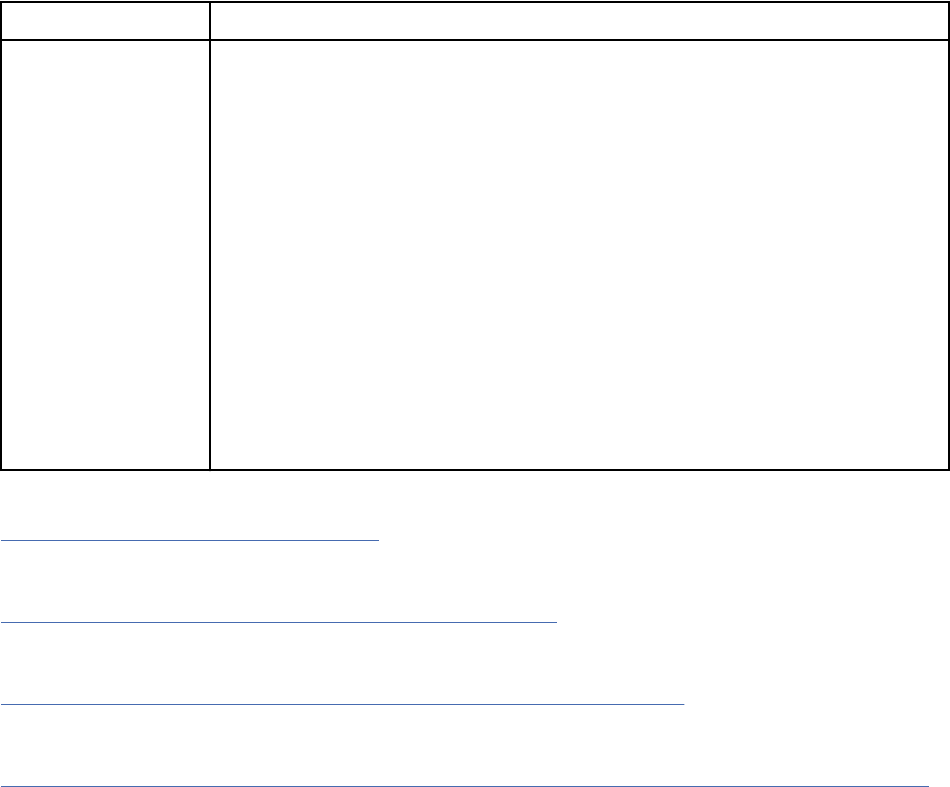
Option Description
To declare SQLCODE
and SQLSTATE host
variables:
a. Declare the SQLCODE variable within a BEGIN DECLARE SECTION statement
and an END DECLARE SECTION statement in your program declarations as
PIC S9(9) COMP-5.
When you use the Db2 precompiler, you can declare a stand-alone SQLCODE
variable in either the WORKING-STORAGE SECTION or LINKAGE SECTION.
When you use the Db2 coprocessor, you can declare a stand-alone SQLCODE
variable in the WORKING-STORAGE SECTION, LINKAGE SECTION or LOCAL-
STORAGE SECTION.
b. Declare the SQLSTATE variable within a BEGIN DECLARE SECTION statement
and an END DECLARE SECTION statement in your program declarations as
PICTURE X(5).
Restriction: Do not declare an SQLSTATE variable as an element of a structure.
Requirement: After you declare the SQLCODE and SQLSTATE variables, ensure
that all SQL statements in the program are within the scope of the declaration of
these variables.
Related tasks
Checking the execution of SQL statements
After executing an SQL statement, your program should check for any errors before you commit the data
and handle the errors that they represent.
Checking the execution of SQL statements by using the SQLCA
One way to check whether an SQL statement executed successfully is to use the SQL communication area
(SQLCA). This area is set apart for communication with Db2.
Checking the execution of SQL statements by using SQLCODE and SQLSTATE
Whenever an SQL statement executes, the SQLCODE and SQLSTATE elds of the SQLCA receive a return
code.
Dening the items that your program can use to check whether an SQL statement executed successfully
If your program contains SQL statements, the program should dene some infrastructure so that it can
check whether the statements executed successfully. You can either include an SQL communications
area (SQLCA), which contains SQLCODE and SQLSTATE variables, or declare individual SQLCODE and
SQLSTATE host variables.
Dening SQL descriptor areas (SQLDA) in COBOL
If your program includes certain SQL statements, you must dene at least one SQL descriptor area
(SQLDA). Depending on the context in which it is used, the SQLDA stores information about prepared SQL
statements or host variables. This information can then be read by either the application program or Db2.
Procedure
Perform one of the following actions:
• Code the SQLDA declarations directly in your program. When you use the Db2 precompiler, you
must place SQLDA declarations in the WORKING-STORAGE SECTION or LINKAGE SECTION of
your program, wherever you can specify a record description entry in that section. When you use
the Db2 coprocessor, you must place SQLDA declarations in the WORKING-STORAGE SECTION,
LINKAGE SECTION or LOCAL-STORAGE SECTION of your program, wherever you can specify a record
description entry in that section.
• Call a subroutine that is written in C, PL/I, or assembler language and that uses the INCLUDE SQLDA
statement to dene the SQLDA. The subroutine can also include SQL statements for any dynamic SQL
functions that you need.
Restriction:
650
Db2 12 for z/OS: Application Programming and SQL Guide (Last updated: 2024-07-30)

• You must place SQLDA declarations before the rst SQL statement that references the data descriptor,
unless you use the TWOPASS SQL processing option.
Related tasks
Dening SQL descriptor areas (SQLDA)
If your program includes certain SQL statements, you must dene at least one SQL descriptor area
(SQLDA). Depending on the context in which it is used, the SQLDA stores information about prepared SQL
statements or host variables. This information can then be read by either the application program or Db2.
Related reference
SQL descriptor area (SQLDA) (Db2 SQL)
Declaring host variables and indicator variables in COBOL
You can use host variables, host-variable arrays, and host structures in SQL statements in your program to
pass data between Db2 and your application.
Procedure
To declare host variables, host-variable arrays, and host structures:
1. Declare the variables according to the following rules and guidelines:
• You must explicitly declare all host variables and host-variable arrays that are used in SQL
statements in the WORKING-STORAGE SECTION or LINKAGE SECTION of your program's DATA
DIVISION.
• You must explicitly declare each host variable and host-variable array before using them in an SQL
statement.
• You can specify OCCURS when dening an indicator structure, a host-variable array, or an indicator
variable array. You cannot specify OCCURS for any other type of host variable.
• You cannot implicitly declare any host variables through default typing or by using the IMPLICIT
statement.
• If you specify the ONEPASS SQL processing option, you must explicitly declare each host variable
and each host-variable array before using them in an SQL statement. If you specify the TWOPASS
precompiler option, you must declare each host variable before using it in the DECLARE CURSOR
statement.
• If you specify the STDSQL(YES) SQL processing option, you must precede the host language
statements that dene the host variables and host-variable arrays with the BEGIN DECLARE
SECTION statement and follow the host language statements with the END DECLARE SECTION
statement. Otherwise, these statements are optional.
• Ensure that any SQL statement that uses a host variable or host-variable array is within the scope of
the statement that declares that variable or array.
• If you are using the Db2 precompiler, ensure that the names of host variables and host-variable
arrays are unique within the program, even if the variables and variable arrays are in different blocks,
classes, procedures, functions, or subroutines. You can qualify the names with a structure name to
make them unique.
2. Optional: Dene any associated indicator variables, arrays, and structures.
Related tasks
Declaring host variables and indicator variables
Chapter 4. Embedded SQL programming
651
You can use host variables and indicator variables in SQL statements in your program to pass data
between Db2 and your application.
Host variables in COBOL
In COBOL programs, you can specify numeric, character, graphic, binary, LOB, XML, and ROWID host
variables. You can also specify result set and table locators and LOB and XML le reference variables.
Restrictions:
• Only some of the valid COBOL declarations are valid host variable declarations. If the declaration for
a variable is not valid, any SQL statement that references the variable might result in the message
UNDECLARED HOST VARIABLE.
• You can not use locators as column types.
The following locator data types are COBOL data types and SQL data types:
– Result set locator
– Table locator
– LOB locators
– LOB le reference variables
• One or more REDEFINES entries can follow any level 77 data description entry. However, you cannot
use the names in these entries in SQL statements. Entries with the name FILLER are ignored.
Recommendations:
• Be careful of overflow. For example, suppose that you retrieve an INTEGER column value into a
PICTURE S9(4) host variable and the column value is larger than 32767 or smaller than -32768. You get
an overflow warning or an error, depending on whether you specify an indicator variable.
• Be careful of truncation. For example, if you retrieve an 80-character CHAR column value into a
PICTURE X(70) host variable, the rightmost 10 characters of the retrieved string are truncated.
Retrieving a double precision floating-point or decimal column value into a PIC S9(8) COMP host
variable removes any fractional part of the value. Similarly, retrieving a column value with DECIMAL data
type into a COBOL decimal variable with a lower precision might truncate the value.
• If your varying-length string host variables receive values whose length is greater than 9999
bytes, compile the applications in which you use those host variables with the option TRUNC(BIN).
TRUNC(BIN) lets the length eld for the string receive a value of up to 32767 bytes.
Numeric host variables
You can specify the following forms of numeric host variables:
• Floating-point numbers
• Integers and small integers
• Decimal numbers
The following diagram shows the syntax for declaring floating-point or real host variables.
652
Db2 12 for z/OS: Application Programming and SQL Guide (Last updated: 2024-07-30)
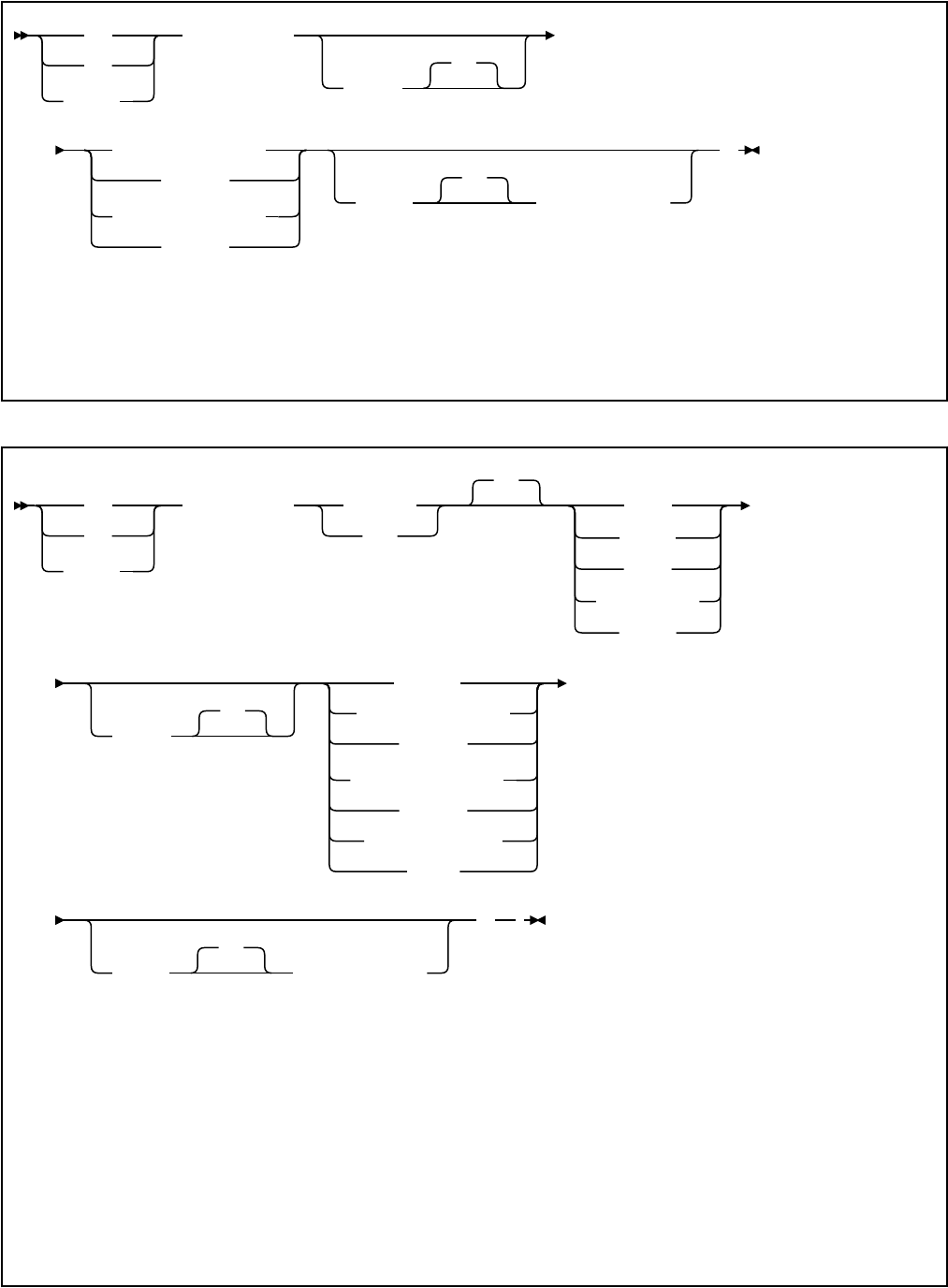
01
77
level-1
1
variable-name
USAGE
IS
COMPUTATIONAL-1
2
COMP-1
COMPUTATIONAL-2
3
COMP-2
VALUE
IS
numeric-constant
.
Notes:
1
level-1 indicates a COBOL level in the range 2–48.
2
COMPUTATIONAL-1 and COMP-1 are equivalent.
3
COMPUTATIONAL-2 and COMP-2 are equivalent.
The following diagram shows the syntax for declaring integer and small integer host variables.
01
77
level-1
1
variable-name PICTURE
PIC
IS
S9(4)
S9999
S9(9)
S999999999
S9(18)
USAGE
IS
BINARY
2
COMPUTATIONAL-4
COMP-4
COMPUTATIONAL-5
3
COMP-5
COMPUTATIONAL
COMP
VALUE
IS
numeric-constant
.
4
Notes:
1
level-1 indicates a COBOL level in the range 2–48.
2
The COBOL binary integer data types BINARY, COMPUTATIONAL, COMP, COMPUTATIONAL-4, and
COMP-4 are equivalent. A portable application should code BINARY, because COMP, COMPUTATIONAL-4,
COMP-4, COMPUTATIONAL-5, and COMP-5 are IBM extensions that are not supported in International
Organization for Standardization (ISO)/ANSI COBOL. Declarations that use COMP-5 in applications that
use the TRUNC(OPT) compile option can avoid truncation of data that does not t in the associated picture
clause.
3
COMPUTATIONAL-5 (and COMP-5) are equivalent to the other COBOL binary integer data types if you
compile the other data types with TRUNC(BIN).
4
Any specication for scale is ignored.
Chapter 4. Embedded SQL programming
653
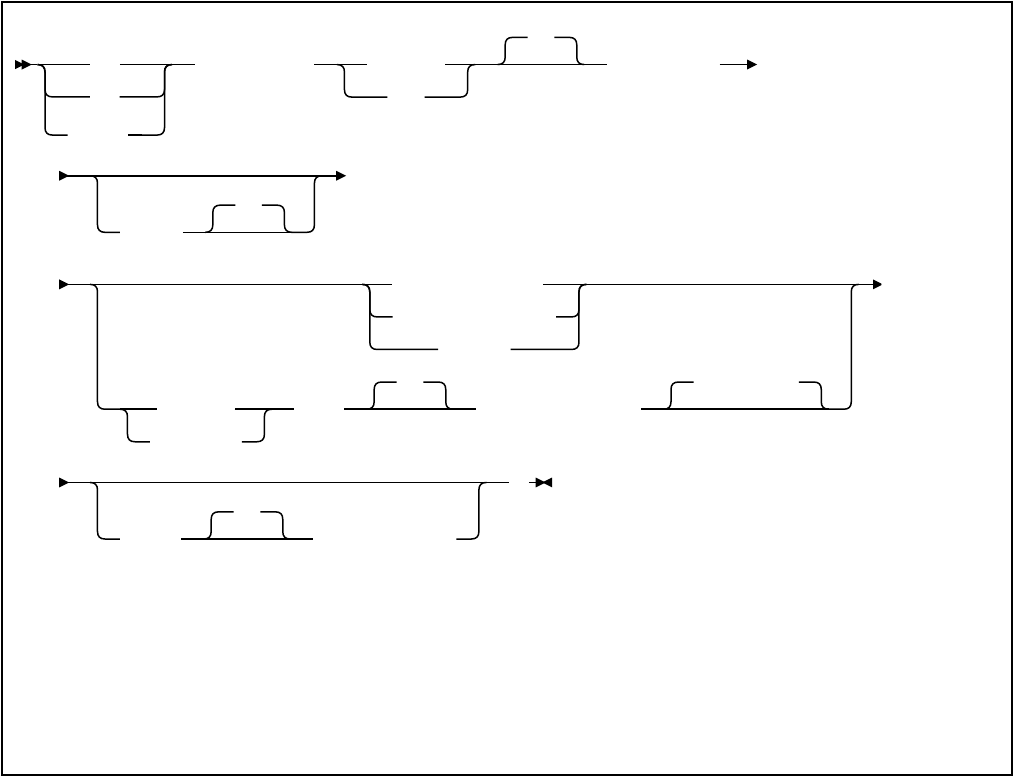
The following diagram shows the syntax for declaring decimal host variables.
01
77
level-1
1
variable-name PICTURE
PIC
IS
picture-string
2
USAGE
IS
PACKED-DECIMAL
3
COMPUTATIONAL-3
COMP-3
DISPLAY
NATIONAL
SIGN
IS
LEADING SEPARATE
CHARACTER
VALUE
IS
numeric-constant
.
Notes:
1
level-1 indicates a COBOL level in the range 2–48.
2
The picture-string that is associated with SIGN LEADING SEPARATE must have the form S9(i)V9(d) (or
S9...9V9...9, with i and d instances of 9 or S9...9V with i instances of 9).
3
PACKED-DECIMAL, COMPUTATIONAL-3, and COMP-3 are equivalent. The picture-string that is that is
associated with these types must have the form S9(i)V9(d) (or S9...9V9...9, with i and d instances of 9) or
S9(i)V.
In COBOL, you declare the SMALLINT and INTEGER data types as a number of decimal digits. Db2 uses
the full size of the integers (in a way that is similar to processing with the TRUNC(BIN) compiler option)
and can place larger values in the host variable than would be allowed in the specied number of digits in
the COBOL declaration. If you compile with TRUNC(OPT) or TRUNC(STD), ensure that the size of numbers
in your application is within the declared number of digits.
For small integers that can exceed 9999, use S9(4) COMP-5 or compile with TRUNC(BIN). For large
integers that can exceed 999,999,999, use S9(10) COMP-3 to obtain the decimal data type. If you use
COBOL for integers that exceed the COBOL PICTURE, specify the column as decimal to ensure that the
data types match and perform well.
If you are using a COBOL compiler that does not support decimal numbers of more than 18 digits, use one
of the following data types to hold values of greater than 18 digits:
• A decimal variable with a precision less than or equal to 18, if the actual data values t. If you retrieve
a decimal value into a decimal variable with a scale that is less than the source column in the database,
the fractional part of the value might be truncated.
• An integer or a floating-point variable, which converts the value. If you use an integer variable, you lose
the fractional part of the number. If the decimal number might exceed the maximum value for an integer
or if you want to preserve a fractional value, use a floating-point variable. Floating-point numbers are
approximations of real numbers. Therefore, when you assign a decimal number to a floating-point
variable, the result might be different from the original number.
• A character-string host variable. Use the CHAR function to retrieve a decimal value into it.
Restriction: The SQL data type DECFLOAT has no equivalent in COBOL.
654
Db2 12 for z/OS: Application Programming and SQL Guide (Last updated: 2024-07-30)
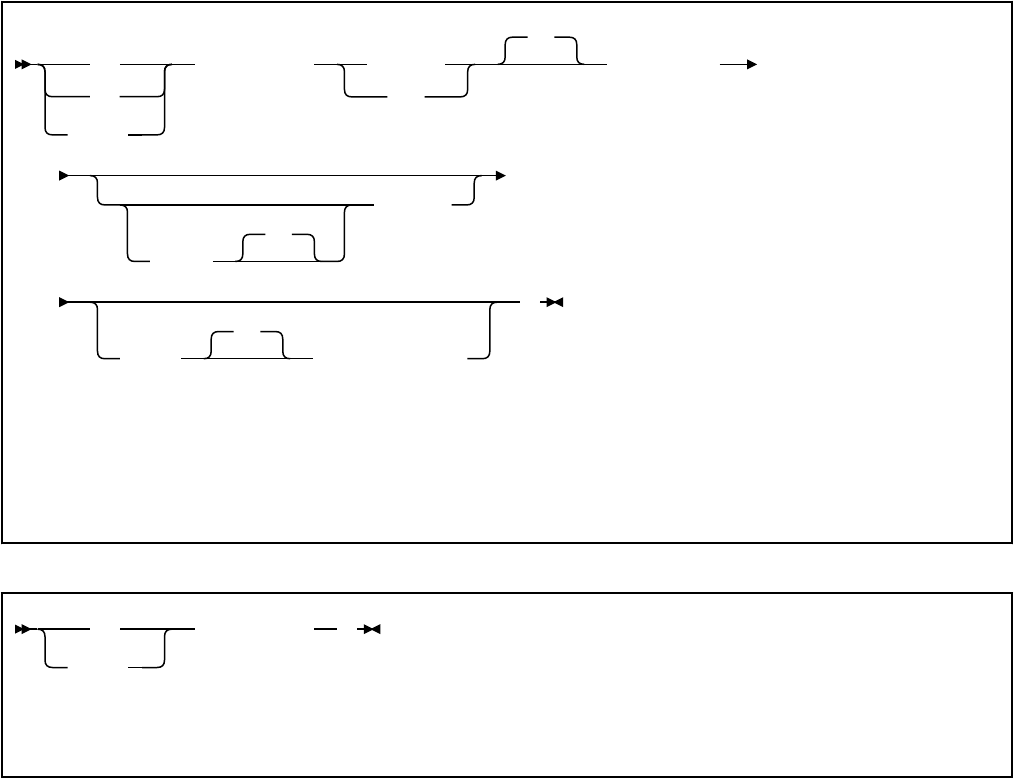
Character host variables
You can specify the following forms of character host variables:
• Fixed-length strings
• Varying-length strings
• CLOBs
The following diagrams show the syntax for forms other than CLOBs.
The following diagram shows the syntax for declaring xed-length character host variables.
01
77
level-1
1
variable-name PICTURE
PIC
IS
picture-string
2
USAGE
IS
DISPLAY
VALUE
IS
character-constant
.
Notes:
1
level-1 indicates a COBOL level in the range 2–48.
2
The picture-string that is associated with these forms must be X(m) (or XX…X, with m instances of X),
where m is up to COBOL's limitation. However, the maximum length of the CHAR data type (xed-length
character string) in Db2 is 255 bytes.
The following diagrams show the syntax for declaring varying-length character host variables.
01
level-1
1
variable-name .
Notes:
1
level-1 indicates a COBOL level in the range 2–48.
Chapter 4. Embedded SQL programming
655
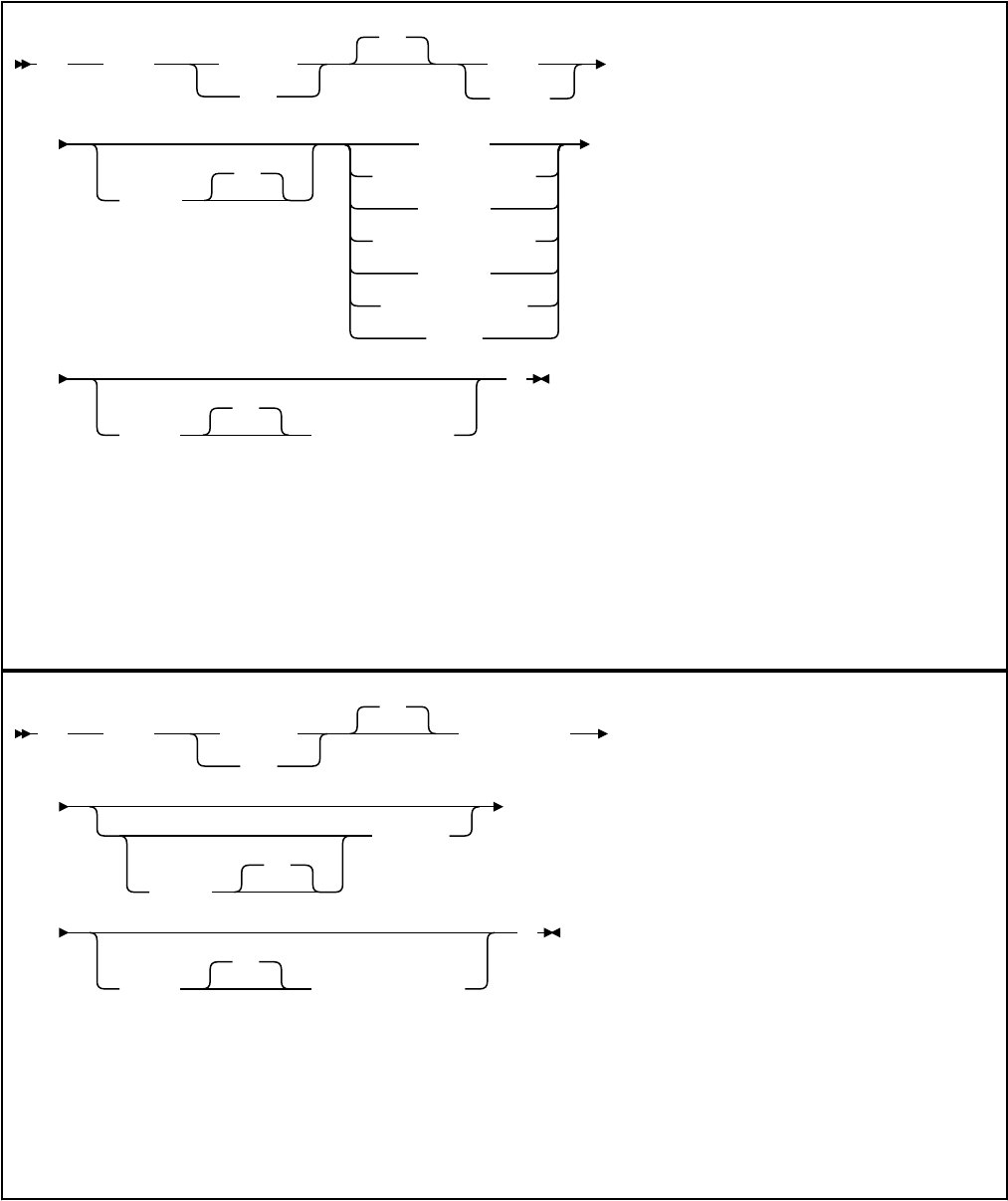
49
1
var-1
2
PICTURE
PIC
IS
S9(4)
3
S9999
USAGE
IS
BINARY
COMPUTATIONAL-4
COMP-4
COMPUTATIONAL-5
COMP-5
COMPUTATIONAL
COMP
VALUE
IS
numeric-constant
.
Notes:
1
You cannot use an intervening REDEFINE at level 49.
2
You cannot directly reference var-1 as a host variable.
3
Db2 uses the full length of the S9(4) BINARY variable even though COBOL with TRUNC(STD) recognizes
values up to only 9999. This behavior can cause data truncation errors when COBOL statements execute
and might effectively limit the maximum length of variable-length character strings to 9999. Consider
using the TRUNC(BIN) compiler option or USAGE COMP-5 to avoid data truncation.
49
1
var-2
2
PICTURE
PIC
IS
picture-string
3
USAGE
IS
DISPLAY
VALUE
IS
character-constant
.
Notes:
1
You cannot use an intervening REDEFINE at level 49.
2
You cannot directly reference var-2 as a host variable.
3
For xed-length strings, the picture-string must be X(m) (or XX, with m instances of X), where mis up to
COBOL's limitation. However, the maximum length of the VARCHAR data type in Db2 varies depending on
the data page size.
Graphic character host variables
You can specify the following forms of graphic host variables:
• Fixed-length strings
• Varying-length strings
656
Db2 12 for z/OS: Application Programming and SQL Guide (Last updated: 2024-07-30)
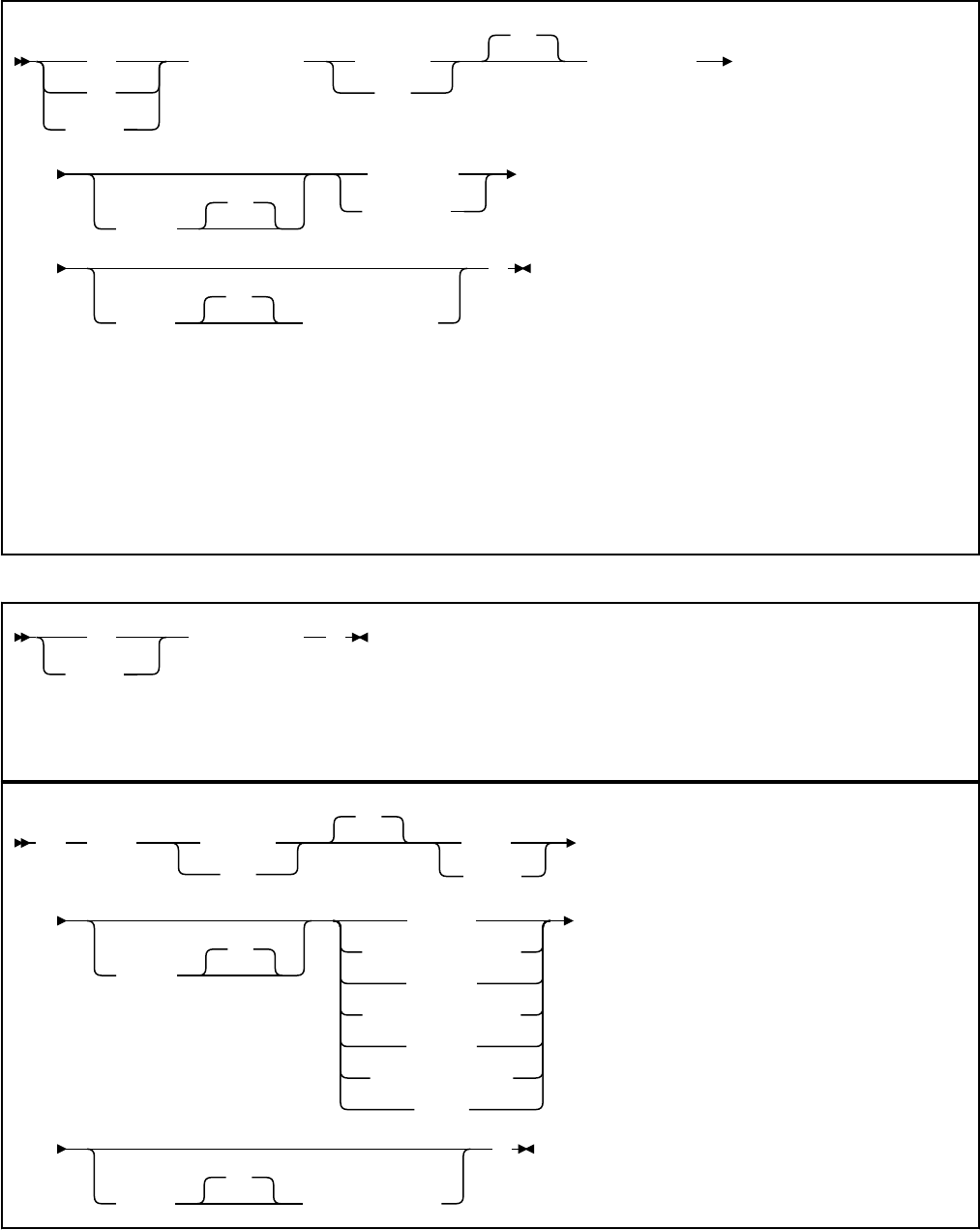
• DBCLOBs
The following diagrams show the syntax for forms other than DBCLOBs.
The following diagram shows the syntax for declaring xed-length graphic host variables.
01
77
level-1
1
variable-name PICTURE
PIC
IS
picture-string
2
USAGE
IS
DISPLAY-1
NATIONAL
3
VALUE
IS
graphic-constant
.
Notes:
1
level-1 indicates a COBOL level in the range 2–48.
2
For xed-length strings, the picture-string is G(m) or N(m) (or, m instances of GG...G or NN...N), where m
is up to COBOL's limitation. However, the maximum length of the GRAPHIC data type (xed-length graphic
string) in Db2 is 127 double-bytes.
3
Use USAGE NATIONAL only for Unicode UTF-16 data. In the picture-string for USAGE NATIONAL, you
must use N in place of G. USAGE NATIONAL is supported only by the Db2 coprocessor.
The following diagrams show the syntax for declaring varying-length graphic host variables.
01
level-1
1
variable-name .
Notes:
1
level-1 indicates a COBOL level in the range 2–48.
49 var-1
1
PICTURE
PIC
IS
S9(4)
2
S9999
USAGE
IS
BINARY
COMPUTATIONAL-4
COMP-4
COMPUTATIONAL-5
COMP-5
COMPUTATIONAL
COMP
VALUE
IS
numeric-constant
.
Chapter 4. Embedded SQL programming
657
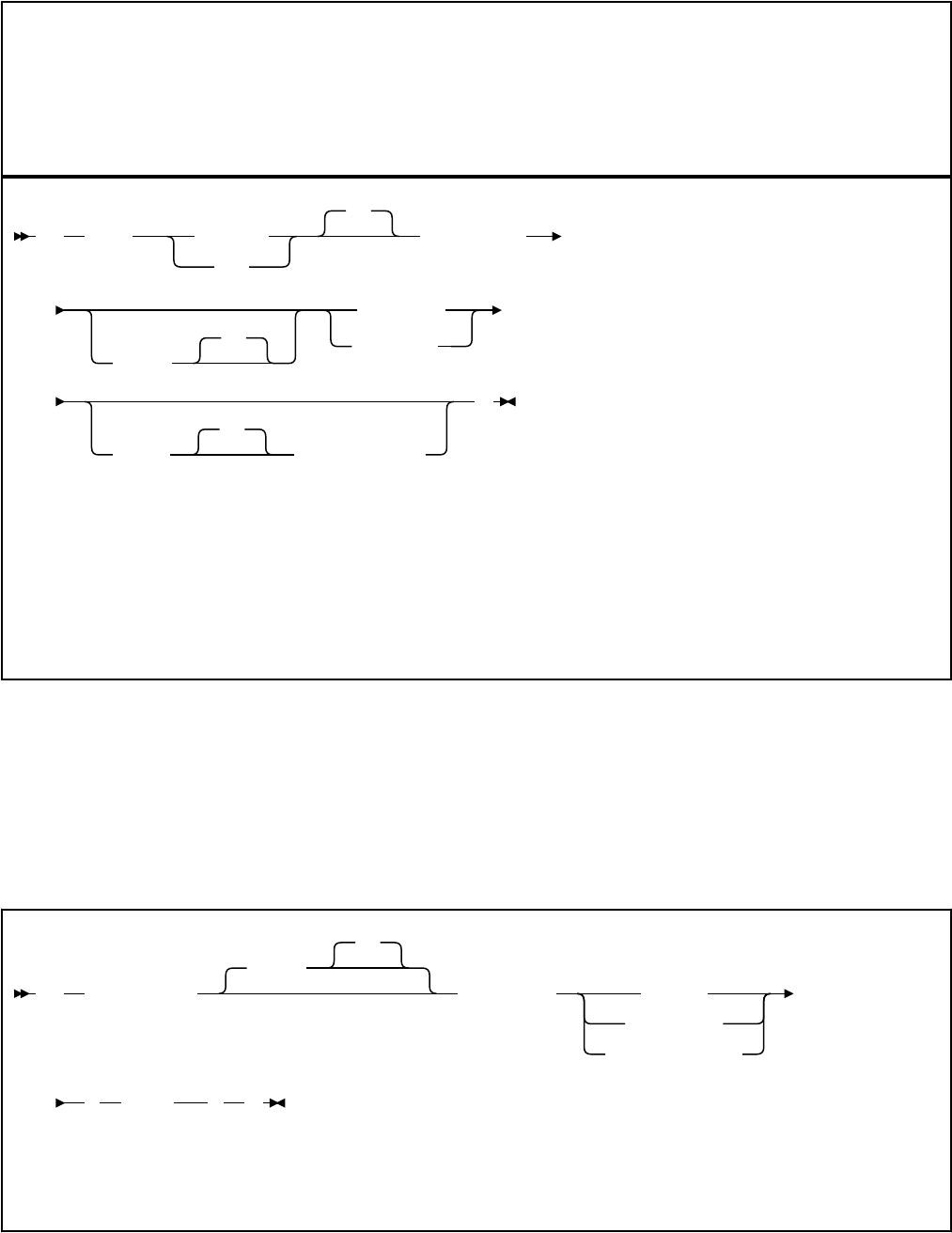
Notes:
1
You cannot directly reference var-1 as a host variable.
2
Db2 uses the full length of the S9(4) BINARY variable even though COBOL with TRUNC(STD) recognizes
values up to only 9999. This behavior can cause data truncation errors when COBOL statements execute
and might effectively limit the maximum length of variable-length character strings to 9999. Consider
using the TRUNC(BIN) compiler option or USAGE COMP-5 to avoid data truncation.
49 var-2
1
PICTURE
PIC
IS
picture-string
2
USAGE
IS
DISPLAY-1
NATIONAL
3
VALUE
IS
graphic-constant
.
Notes:
1
You cannot directly reference var-2 as a host variable.
2
For xed-length strings, the picture-string is G(m) or N(m) (or, m instances of GG...G or NN...N), where
m is up to COBOL's limitation. However, the maximum length of the VARGRAPHIC data type in Db2 varies
depending on the data page size.
3
Use USAGE NATIONAL only for Unicode UTF-16 data. In the picture-string for USAGE NATIONAL, you
must use N in place of G. USAGE NATIONAL is supported only by the Db2 coprocessor.
Binary host variables
You can specify the following forms of binary host variables:
• Fixed-length strings
• Varying-length strings
• BLOBs
The following diagram shows the syntax for declaring BINARY and VARBINARY host variables.
01 variable-name
USAGE
IS
SQL TYPE IS BINARY
VARBINARY
BINARY VARYING
( length
1
) .
Notes:
1
For BINARY host variables, the length must be in the range 1–255. For VARBINARY host variables, the
length must be in the range1–32704.
658
Db2 12 for z/OS: Application Programming and SQL Guide (Last updated: 2024-07-30)
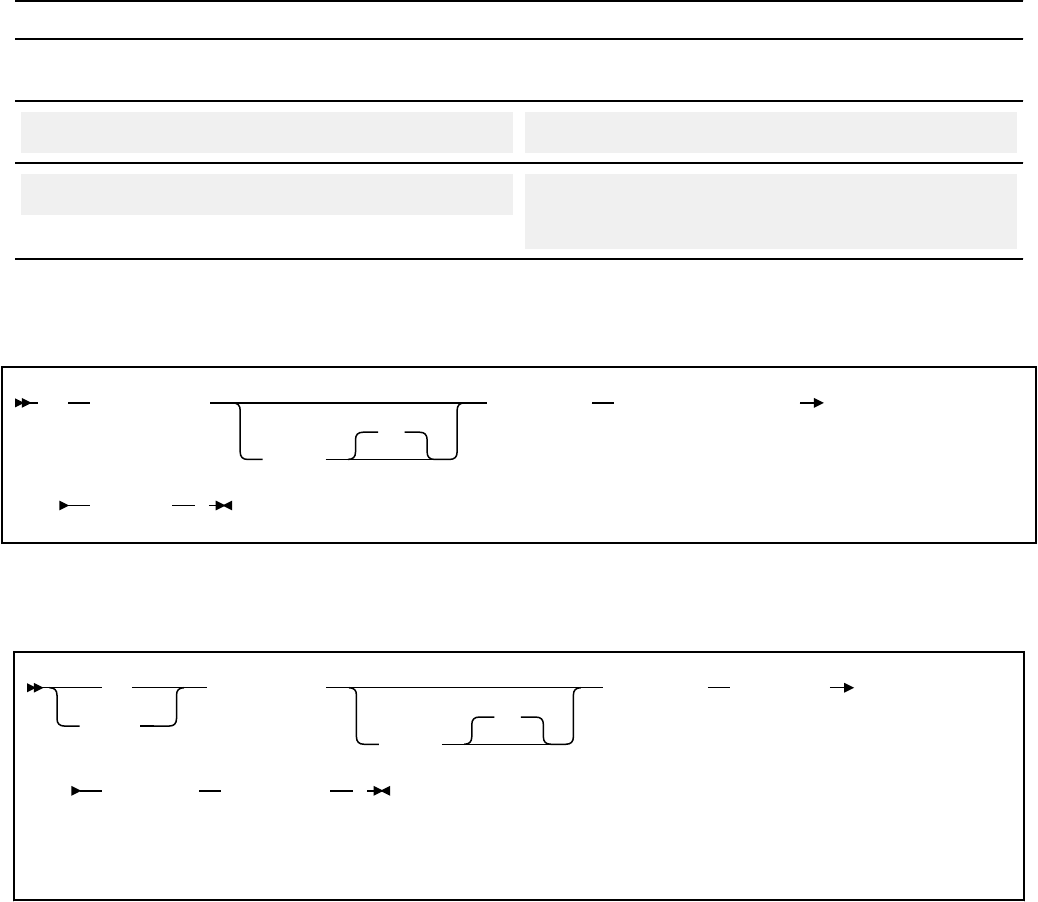
COBOL does not have variables that correspond to the SQL binary types BINARY and VARBINARY. To
create host variables that can be used with these data types, use the SQL TYPE IS clause. The SQL
precompiler replaces this declaration with a COBOL language structure in the output source member.
When you reference a BINARY or VARBINARY host variable in an SQL statement, you must use the
variable that you specify in the SQL TYPE declaration. When you reference the host variable in a host
language statement, you must use the variable that Db2 generates.
Examples of binary variable declarations
The following table shows examples of variables that Db2 generates when you declare binary host
variables.
Table 109. Examples of BINARY and VARBINARY variable declarations for COBOL
Variable declaration that you include in your COBOL
program
Corresponding variable that Db2 generates in the
output source member
01 BIN-VAR USAGE IS SQL TYPE IS BINARY(10). 01 BIN-VAR PIC X(10).
01 VBIN-VAR USAGE IS SQL TYPE IS VARBINARY(10). 01 VBIN-VAR.
49 VBIN-VAR-LEN PIC S9(4) USAGE BINARY.
49 VBIN-VAR-TEXT PIC X(10).
Result set locators
The following diagram shows the syntax for declaring result set locators.
01 variable-name
USAGE
IS
SQL TYPE IS RESULT-SET-LOCATOR
VARYING .
Table Locators
The following diagram shows the syntax for declaring table locators.
01
level-1
1
variable-name
USAGE
IS
SQL TYPE IS TABLE LIKE
table-name AS LOCATOR .
Notes:
1
level-1 indicates a COBOL level in the range 2–48.
LOB variables and le reference variables
The following diagram shows the syntax for declaring BLOB, CLOB, and DBCLOB variables and le
reference variables.
Chapter 4. Embedded SQL programming
659
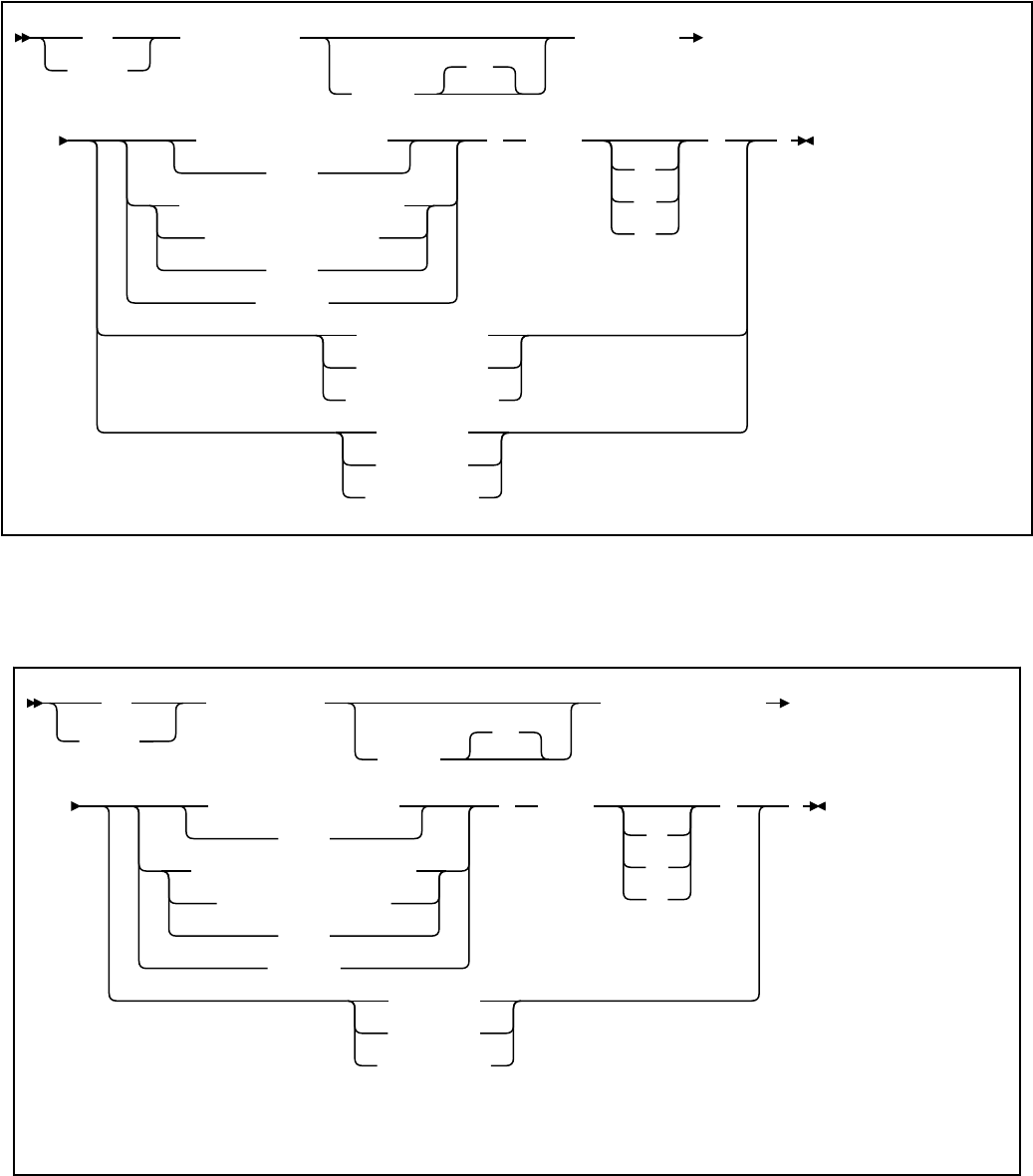
01
level-1
variable-name
USAGE
IS
SQL TYPE IS
BINARY LARGE OBJECT
BLOB
CHARACTER LARGE OBJECT
CHAR LARGE OBJECT
CLOB
DBCLOB
( length
K
M
G
)
BLOB-LOCATOR
CLOB-LOCATOR
DBCLOB-LOCATOR
BLOB-FILE
CLOB-FILE
DBCLOB-FILE
.
XML data host and le reference variables
The following diagram shows the syntax for declaring BLOB, CLOB, and DBCLOB host variables and le
reference variables for XML data types.
01
level-1
1
variable-name
USAGE
IS
SQL TYPE IS XML AS
BINARY LARGE OBJECT
BLOB
CHARACTER LARGE OBJECT
CHAR LARGE OBJECT
CLOB
DBCLOB
( length
K
M
G
)
BLOB-FILE
CLOB-FILE
DBCLOB-FILE
.
Notes:
1
level-1 indicates a COBOL level in the range 2–48.
ROWID host variables
The following diagram shows the syntax for declaring ROWID host variables.
660
Db2 12 for z/OS: Application Programming and SQL Guide (Last updated: 2024-07-30)
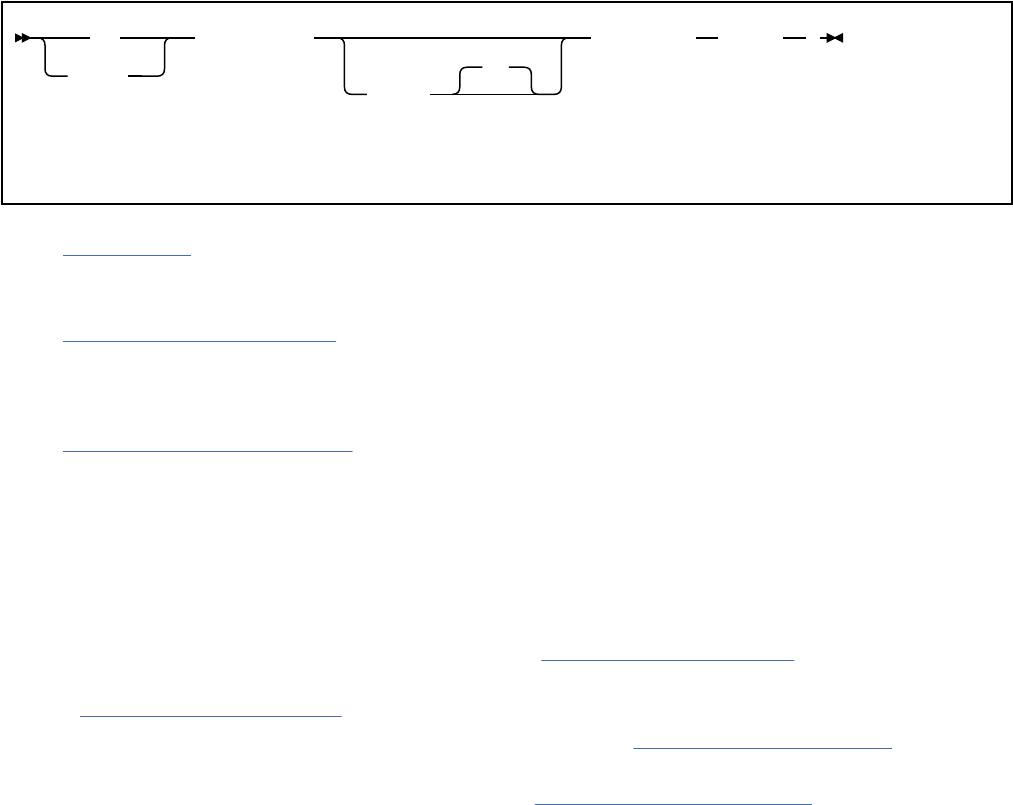
01
level-1
1
variable-name
USAGE
IS
SQL TYPE IS ROWID .
Notes:
1
level-1 indicates a COBOL level in the range 2–48.
Related concepts
Host variables
Use host variables to pass a single data item between Db2 and your application.
Related tasks
Storing LOB data in Db2 tables
Db2 handles LOB data differently than other kinds of data. As a result, you sometimes need to take
additional actions when you dene LOB columns and insert the LOB data.
Related reference
Limits in Db2 for z/OS (Db2 SQL)
Host-variable arrays in COBOL
In COBOL programs, you can specify numeric, character, graphic, LOB, XML, and ROWID host-variable
arrays. You can also specify LOB locators and LOB and XML le reference variables.
Host-variable arrays can be referenced only as a simple reference in the following contexts. In syntax
diagrams, host-variable-array designates a reference to a host-variable array.
• In a FETCH statement for a multiple-row fetch. See FETCH statement (Db2 SQL).
• In the FOR n ROWS form of the INSERT statement with a host-variable array for the source data. See
INSERT statement (Db2 SQL).
• In a MERGE statement with multiple rows of source data. See MERGE statement (Db2 SQL).
• In an EXECUTE statement to provide a value for a parameter marker in a dynamic FOR n ROWS form of
the INSERT statement or a MERGE statement. See EXECUTE statement (Db2 SQL).
Restriction: Only some of the valid COBOL declarations are valid host-variable array declarations. If the
declaration for a variable array is not valid, any SQL statement that references the variable array might
result in the message UNDECLARED HOST VARIABLE ARRAY.
Numeric host-variable arrays
You can specify the following forms of numeric host-variable arrays:
• Floating-point numbers
• Integers and small integers
• Decimal numbers
The following diagram shows the syntax for declaring floating-point host-variable arrays.
Chapter 4. Embedded SQL programming
661
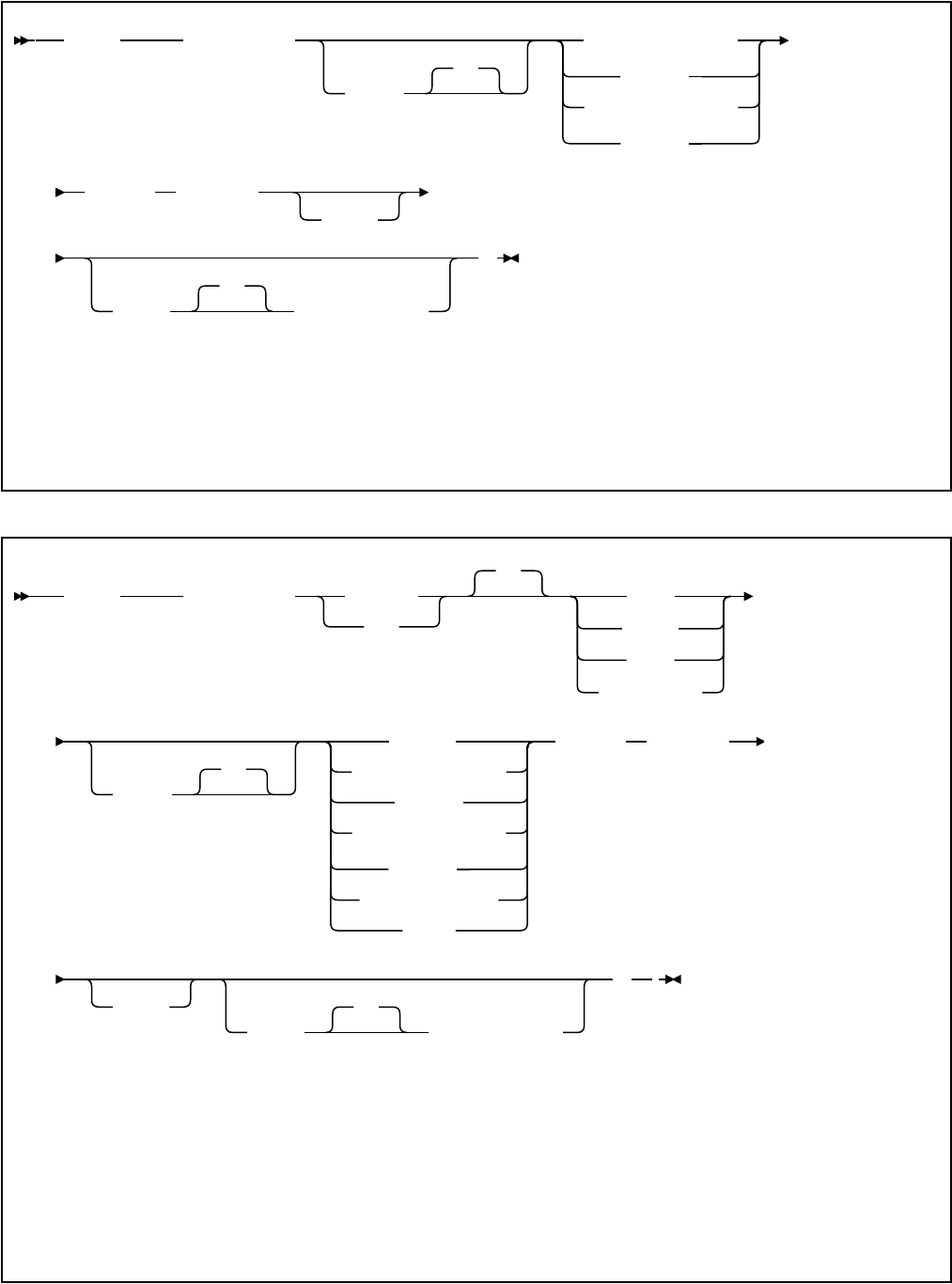
level-1
1
variable-name
USAGE
IS
COMPUTATIONAL-1
COMP-1
2
COMPUTATIONAL-2
COMP-2
3
OCCURS dimension
4
TIMES
VALUE
IS
numeric-constant
.
Notes:
1
level-1 indicates a COBOL level in the range 2–48.
2
COMPUTATIONAL-1 and COMP-1 are equivalent.
3
COMPUTATIONAL-2 and COMP-2 are equivalent.
4
dimension must be an integer constant in the range 1–32767.
The following diagram shows the syntax for declaring integer and small integer host-variable arrays.
level-1
1
variable-name PICTURE
PIC
IS
S9(4)
S9999
S9(9)
S999999999
USAGE
IS
BINARY
2
COMPUTATIONAL-4
COMP-4
COMPUTATIONAL-5
COMP-5
3
COMPUTATIONAL
COMP
OCCURS dimension
4
TIMES
VALUE
IS
numeric-constant
.
5
Notes:
1
level-1 indicates a COBOL level in the range 2–48.
2
The COBOL binary integer data types BINARY, COMPUTATIONAL, COMP, COMPUTATIONAL-4, and
COMP-4 are equivalent.
3
COMPUTATIONAL-5 (and COMP-5) are equivalent to the other COBOL binary integer data types if you
compile the other data types with TRUNC(BIN).
4
dimension must be an integer constant in the range 1–32767.
5
Any specication for scale is ignored.
662
Db2 12 for z/OS: Application Programming and SQL Guide (Last updated: 2024-07-30)
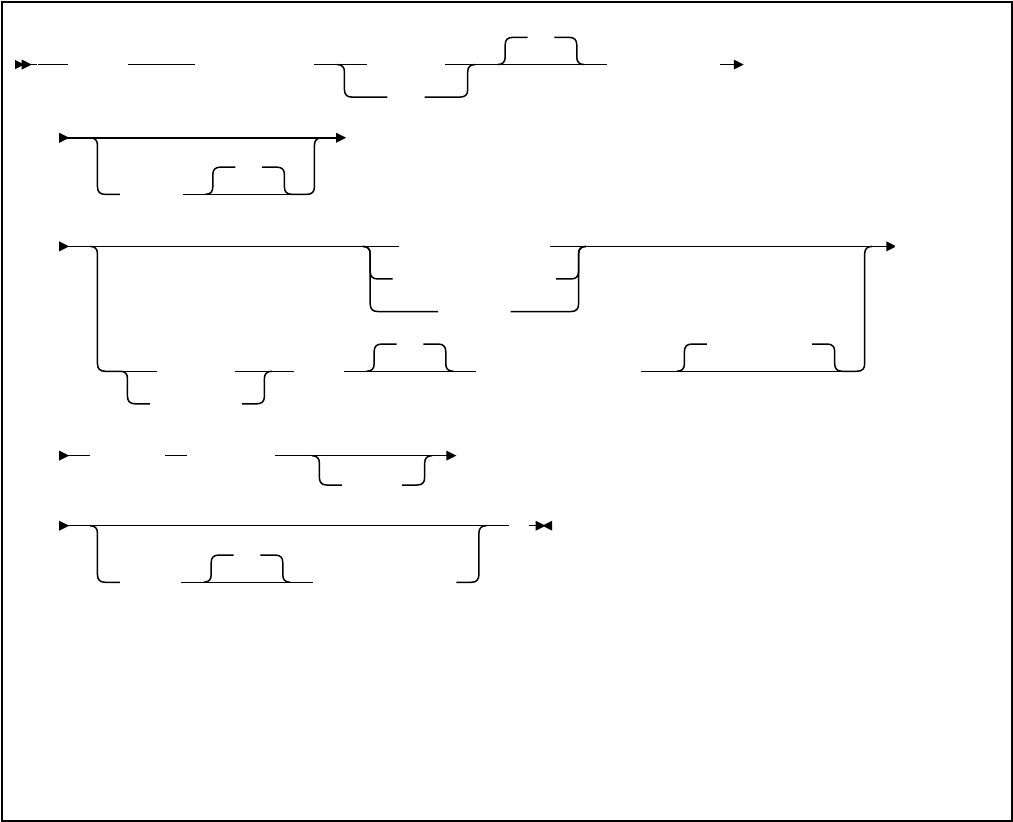
The following diagram shows the syntax for declaring decimal host-variable arrays.
level-1
1
variable-name PICTURE
PIC
IS
picture-string
USAGE
IS
PACKED-DECIMAL
COMPUTATIONAL-3
COMP-3
2
DISPLAY
NATIONAL
SIGN
IS
LEADING SEPARATE
3
CHARACTER
OCCURS dimension
4
TIMES
VALUE
IS
numeric-constant
.
Notes:
1
level-1 indicates a COBOL level in the range 2–48.
2
PACKED-DECIMAL, COMPUTATIONAL-3, and COMP-3 are equivalent. The picture-string that is associated
with these types must have the form S9(i)V9(d) (or S9...9V9...9, with i and d instances of 9) or S9(i)V.
3
The picture-string that is associated with SIGN LEADING SEPARATE must have the form S9(i)V9(d) (or
S9...9V9...9, with i and d instances of 9 or S9...9V with i instances of 9).
4
dimension must be an integer constant in the range 1–32767.
Character host-variable arrays
You can specify the following forms of character host-variable arrays:
• Fixed-length character strings
• Varying-length character strings
• CLOBs
The following diagrams show the syntax for forms other than CLOBs.
The following diagram shows the syntax for declaring xed-length character string arrays.
Chapter 4. Embedded SQL programming
663

level-1
1
variable-name PICTURE
PIC
IS
picture-string
2
USAGE
IS
DISPLAY
OCCURS dimension
3
TIMES
VALUE
IS
character-constant
.
Notes:
1
level-1 indicates a COBOL level in the range 2–48.
2
The picture-string must be in the form X(m) (or XX…X, with m instances of X), where 1 <= m <= 32767 for
xed-length strings. However, the maximum length of the CHAR data type (xed-length character string) in
Db2 is 255 bytes.
3
dimension must be an integer constant in the range 1–32767.
The following diagrams show the syntax for declaring varying-length character string arrays.
level-1
1
variable-name OCCURS dimension
2
TIMES
.
Notes:
1
level-1 indicates a COBOL level in the range 2–48.
2
dimension must be an integer constant in the range 1–32767.
49 var-1
1
PICTURE
PIC
IS
S9(4)
2
S9999
USAGE
IS
BINARY
COMPUTATIONAL-4
COMP-4
COMPUTATIONAL-5
COMP-5
COMPUTATIONAL
COMP
SYNCHRONIZED
SYNC
VALUE
IS
numeric-constant
.
Notes:
1
You cannot directly reference var-1 as a host-variable array.
2
Db2 uses the full length of the S9(4) BINARY variable even though COBOL with TRUNC(STD) recognizes
values up to only 9999. This behavior can cause data truncation errors when COBOL statements execute
664
Db2 12 for z/OS: Application Programming and SQL Guide (Last updated: 2024-07-30)
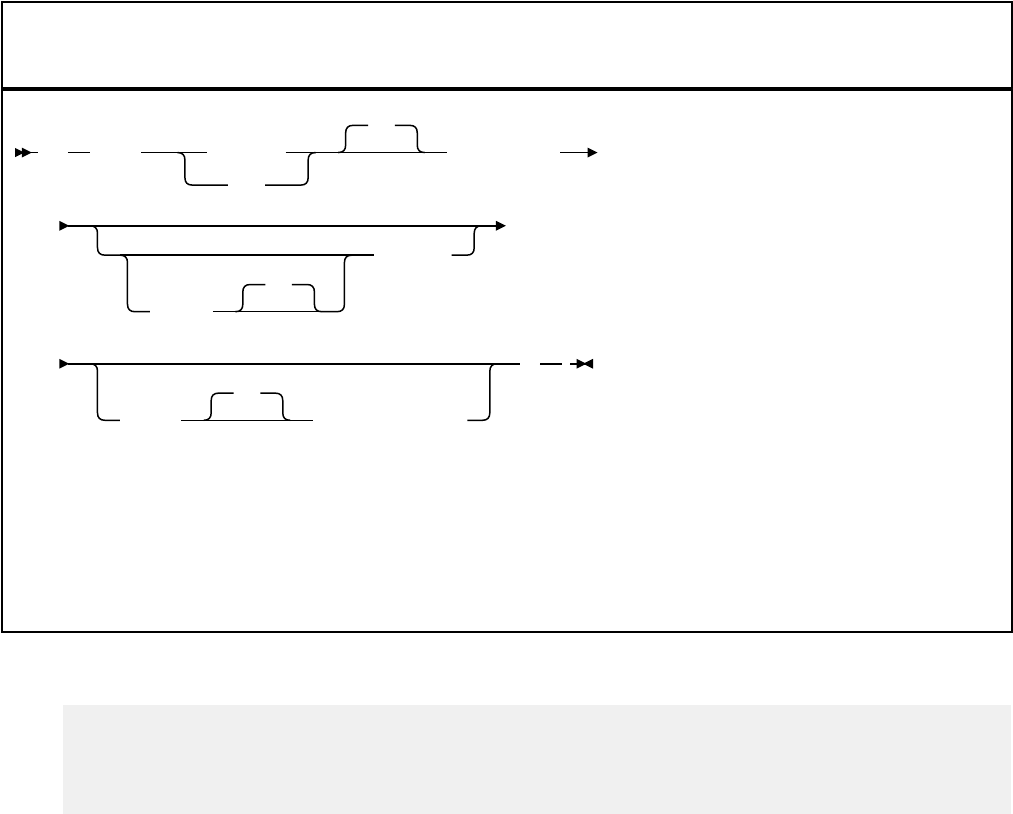
and might effectively limit the maximum length of variable-length character strings to 9999. Consider
using the TRUNC(BIN) compiler option or USAGE COMP-5 to avoid data truncation.
49 var-2
1
PICTURE
PIC
IS
picture-string
2
USAGE
IS
DISPLAY
VALUE
IS
character-constant
.
3
Notes:
1
You cannot directly reference var-2 as a host-variable array.
2
The picture-string must be in the form X(m) (or XX…X, with m instances of X), where 1 <= m <= 32767
for xed-length strings; for other strings, m cannot be greater than the maximum size of a varying-length
character string.
3
You cannot use an intervening REDEFINE at level 49.
The following example shows declarations of a xed-length character array and a varying-length
character array.
01 OUTPUT-VARS.
05 NAME OCCURS 10 TIMES.
49 NAME-LEN PIC S9(4) COMP-4 SYNC.
49 NAME-DATA PIC X(40).
05 SERIAL-NUMBER PIC S9(9) COMP-4 OCCURS 10 TIMES.
Graphic character host-variable arrays
You can specify the following forms of graphic host-variable arrays:
• Fixed-length strings
• Varying-length strings
• DBCLOBs
The following diagrams show the syntax for forms other than DBCLOBs.
The following diagram shows the syntax for declaring xed-length graphic string arrays.
Chapter 4. Embedded SQL programming
665
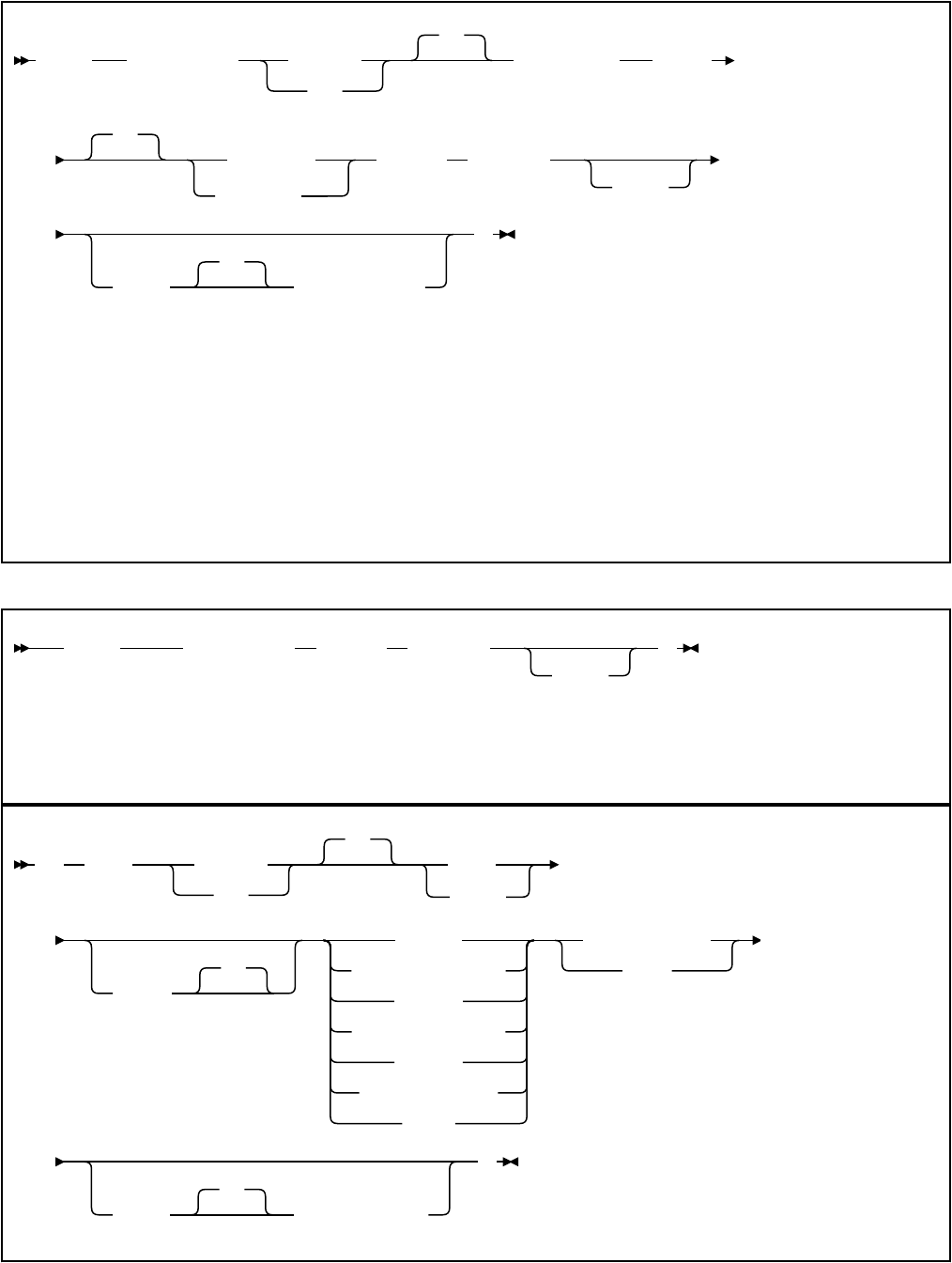
level-1
1
variable-name PICTURE
PIC
IS
picture-string
2
USAGE
IS
DISPLAY-1
NATIONAL
3 4
OCCURS dimension
5
TIMES
VALUE
IS
graphic-constant
.
Notes:
1
level-1 indicates a COBOL level in the range 2–48.
2
For xed-length strings, the format for picture-string is G(m) or N(m) (or, m instances of GG...G or NN...N),
where 1 <= m <= 127; for other strings, m cannot be greater than the maximum size of a varying-length
graphic string.
3
Use USAGE NATIONAL only for Unicode UTF-16 data. In the picture-string for USAGE NATIONAL, you
must use N in place of G.
4
You can use USAGE NATIONAL only if you are using the Db2 coprocessor.
5
dimension must be an integer constant in the range 1–32767.
The following diagrams show the syntax for declaring varying-length graphic string arrays.
level-1
1
variable-name OCCURS dimension
2
TIMES
.
Notes:
1
level-1 indicates a COBOL level in the range 2–48.
2
dimension must be an integer constant in the range 1–32767.
49 var-1
1
PICTURE
PIC
IS
S9(4)
2
S9999
USAGE
IS
BINARY
COMPUTATIONAL-4
COMP-4
COMPUTATIONAL-5
COMP-5
COMPUTATIONAL
COMP
SYNCHRONIZED
SYNC
VALUE
IS
numeric-constant
.
Notes:
666
Db2 12 for z/OS: Application Programming and SQL Guide (Last updated: 2024-07-30)
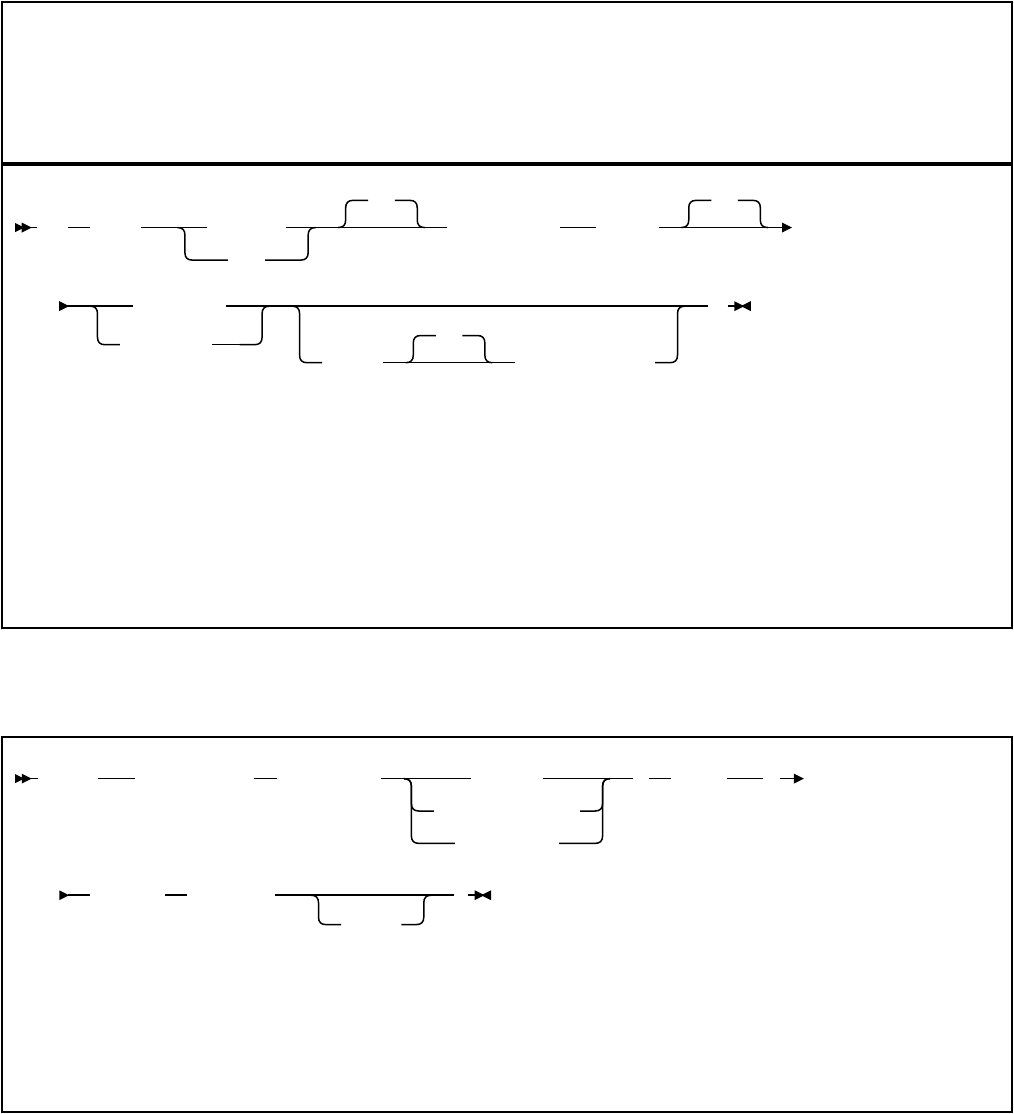
1
You cannot directly reference var-1 as a host-variable array.
2
Db2 uses the full length of the S9(4) BINARY variable even though COBOL with TRUNC(STD) recognizes
values up to only 9999. This behavior can cause data truncation errors when COBOL statements execute
and might effectively limit the maximum length of variable-length character strings to 9999. Consider
using the TRUNC(BIN) compiler option or USAGE COMP-5 to avoid data truncation.
49 var-2
1
PICTURE
PIC
IS
picture-string
2
USAGE
IS
DISPLAY-1
NATIONAL
3 4
VALUE
IS
graphic-constant
.
Notes:
1
You cannot directly reference var-2 as a host-variable array.
2
For xed-length strings, the format for picture-string is G(m) or N(m) (or, m instances of GG...G or NN...N),
where 1 <= m <= 127; for other strings, m cannot be greater than the maximum size of a varying-length
graphic string.
3
Use USAGE NATIONAL only for Unicode UTF-16 data. In the picture-string for USAGE NATIONAL, you
must use N in place of G.
4
You can use USAGE NATIONAL only if you are using the Db2 coprocessor.
Binary host-variable arrays
The following diagram shows the syntax for declaring binary host-variable arrays.
level-1
1
variable-name SQL TYPE IS BINARY
BINARY VARYING
VARBINARY
( length
2
)
OCCURS dimension
3
TIMES
.
Notes:
1
level-1 indicates a COBOL level in the range 2–48.
2
For BINARY host variables, the length must be in the range 1 to 255. For VARBINARY host variables, the
length must be in the range 1 to 32704.
3
dimension must be an integer constant in the range 1–32767.
LOB, locator, and le reference variable arrays
The following diagram shows the syntax for declaring BLOB, CLOB, and DBCLOB host variable, locator, and
le reference arrays.
Chapter 4. Embedded SQL programming
667
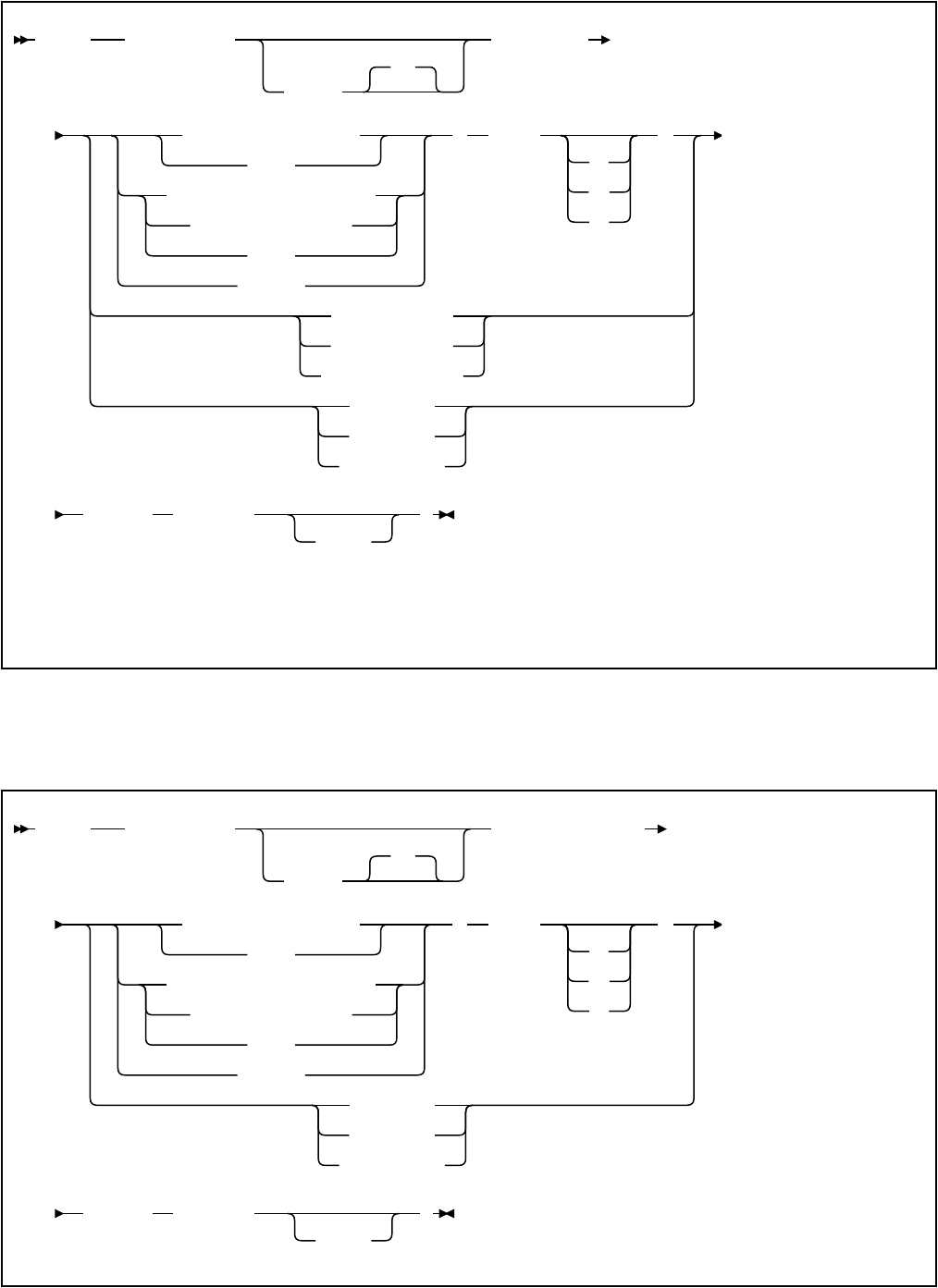
level-1
1
variable-name
USAGE
IS
SQL TYPE IS
BINARY LARGE OBJECT
BLOB
CHARACTER LARGE OBJECT
CHAR LARGE OBJECT
CLOB
DBCLOB
( length
K
M
G
)
BLOB-LOCATOR
CLOB-LOCATOR
DBCLOB-LOCATOR
BLOB-FILE
CLOB-FILE
DBCLOB-FILE
OCCURS dimension
2
TIMES
.
Notes:
1
level-1 indicates a COBOL level in the range 2–48.
2
dimension must be an integer constant in the range 1–32767.
XML host and le reference variable arrays
The following diagram shows the syntax for declaring BLOB, CLOB, and DBCLOB host variable and le
reference arrays for XML data types.
level-1
1
variable-name
USAGE
IS
SQL TYPE IS XML AS
BINARY LARGE OBJECT
BLOB
CHARACTER LARGE OBJECT
CHAR LARGE OBJECT
CLOB
DBCLOB
( length
K
M
G
)
BLOB-FILE
CLOB-FILE
DBCLOB-FILE
OCCURS dimension
2
TIMES
.
Notes:
668
Db2 12 for z/OS: Application Programming and SQL Guide (Last updated: 2024-07-30)
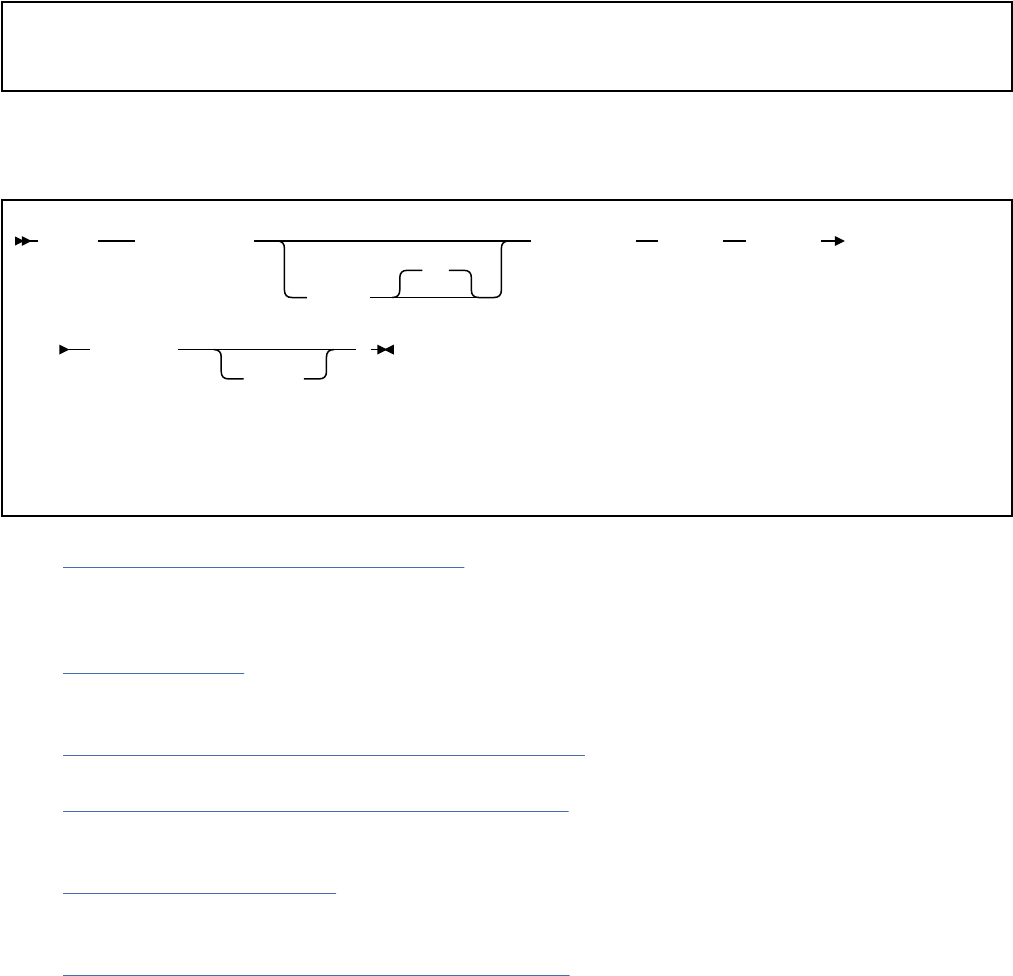
1
level-1 indicates a COBOL level in the range 2–48.
2
dimension must be an integer constant in the range 1–32767.
ROWID variable arrays
The following diagram shows the syntax for declaring ROWID variable arrays.
level-1
1
variable-name
USAGE
IS
SQL TYPE IS ROWID OCCURS
dimension
2
TIMES
.
Notes:
1
level-1 indicates a COBOL level in the range 2–48.
2
dimension must be an integer constant in the range 1–32767.
Related concepts
Using host-variable arrays in SQL statements
Use host-variable arrays in embedded SQL statements to represent values that the program does not
know until the query is executed. Host-variable arrays are useful for storing a set of retrieved values or for
passing a set of values that are to be inserted into a table.
Host-variable arrays
You can use host-variable arrays to pass a data array between Db2 and your application. A host-variable
array is a data array that is declared in the host language to be used within an SQL statement.
Host-variable arrays in PL/I, C, C++, and COBOL (Db2 SQL)
Related tasks
Inserting multiple rows of data from host-variable arrays
Use host-variable arrays in your INSERT statement when you do not know at least some of the values to
insert until the program runs.
Storing LOB data in Db2 tables
Db2 handles LOB data differently than other kinds of data. As a result, you sometimes need to take
additional actions when you dene LOB columns and insert the LOB data.
Retrieving multiple rows of data into host-variable arrays
If you know that your query returns multiple rows, you can specify host-variable arrays to store the
retrieved column values.
Host structures in COBOL
A COBOL host structure is a named set of host variables that are dened in your program's WORKING-
STORAGE SECTION or LINKAGE SECTION.
Requirements: Host structure declarations in COBOL must satisfy the following requirements:
• COBOL host structures can have a maximum of two levels, even though the host structure might occur
within a structure with multiple levels. However, you can declare a varying-length character string,
which must be level 49.
• A host structure name can be a group name whose subordinate levels name elementary data items.
• If you are using the Db2 precompiler, do not declare host variables or host structures on any
subordinate levels after one of the following items:
– A COBOL item that begins in area A
Chapter 4. Embedded SQL programming
669
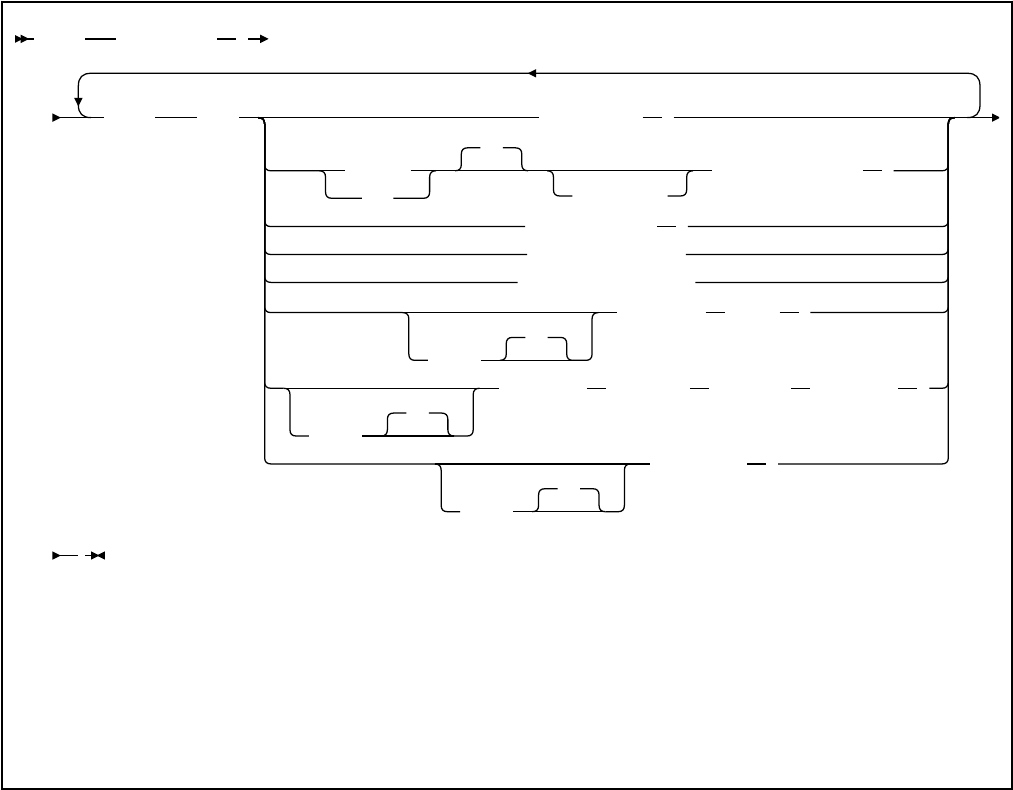
– Any SQL statement (except SQL INCLUDE)
– Any SQL statement within an included member
When the Db2 precompiler encounters one of the preceding items in a host structure, it considers the
structure to be complete.
When you write an SQL statement that contains a qualied host variable name (perhaps to identify a eld
within a structure), use the name of the structure followed by a period and the name of the eld. For
example, for structure B that contains eld C1, specify B.C1 rather than C1 OF B or C1 IN B.
Host structures
The following diagram shows the syntax for declaring host structures.
level-1
1
variable-name .
level-2
2 3
var-1 numeric-usage .
PICTURE
PIC
IS
picture-string
integer-decimal-usage .
char-inner-variable .
varchar-inner-variables
vargraphic-inner-variables
USAGE
IS
SQL TYPE IS ROWID .
USAGE
IS
SQL TYPE IS TABLE LIKE table-name AS LOCATOR .
USAGE
IS
LOB data type .
4
Notes:
1
level-1 indicates a COBOL level in the range 1–47.
2
level-2 indicates a COBOL level in the range 2–48.
3
For elements within a structure, use any level 02 through 48 (rather than 01 or 77), up to a maximum of
two levels.
4
Using a FILLER or optional FILLER item within a host structure declaration can invalidate the whole
structure.
Numeric usage items
The following diagram shows the syntax for numeric-usage items that are used within declarations of host
structures.
670
Db2 12 for z/OS: Application Programming and SQL Guide (Last updated: 2024-07-30)
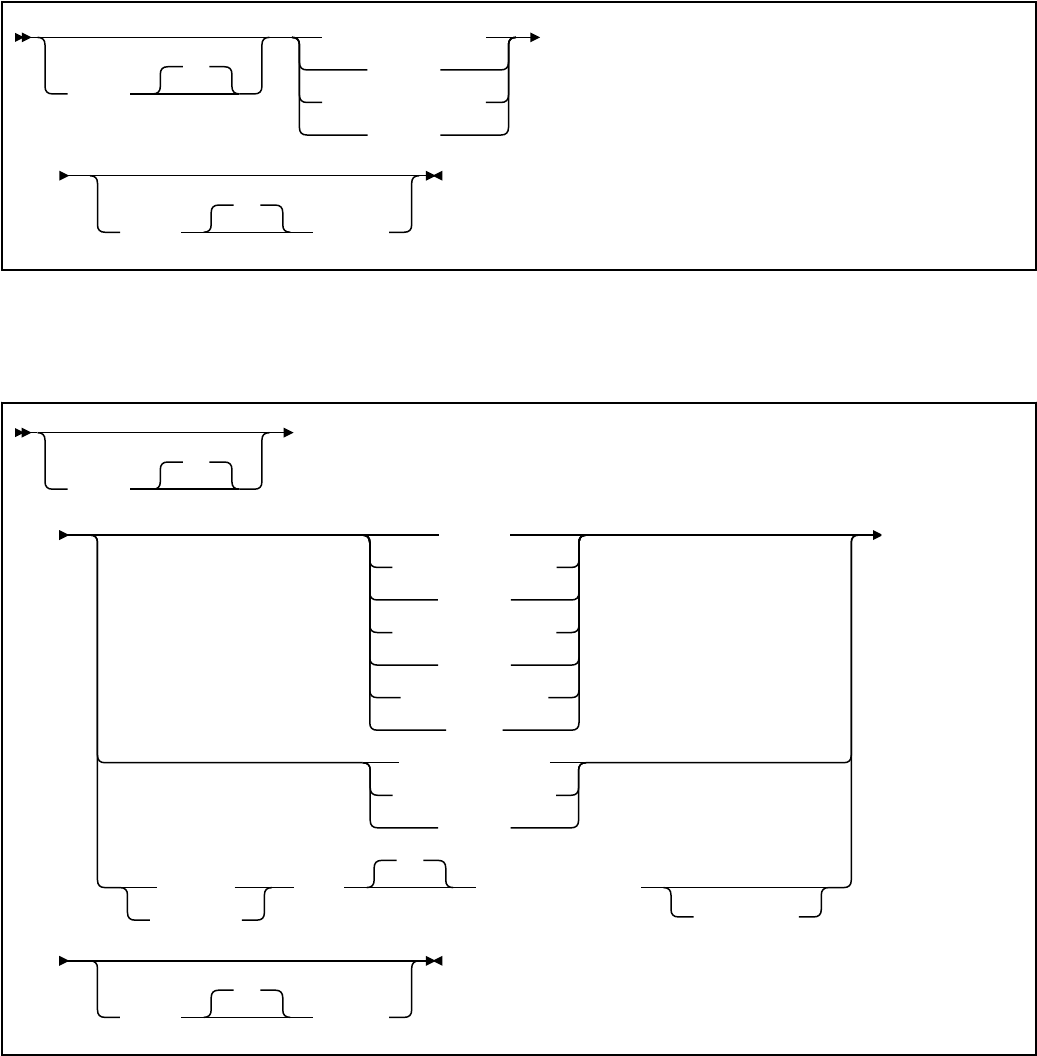
USAGE
IS
COMPUTATIONAL-1
COMP-1
COMPUTATIONAL-2
COMP-2
VALUE
IS
constant
Integer and decimal usage items
The following diagram shows the syntax for integer and decimal usage items that are used within
declarations of host structures.
USAGE
IS
BINARY
COMPUTATIONAL-4
COMP-4
COMPUTATIONAL-5
COMP-5
COMPUTATIONAL
COMP
PACKED-DECIMAL
COMPUTATIONAL-3
COMP-3
DISPLAY
NATIONAL
SIGN
IS
LEADING SEPARATE
CHARACTER
VALUE
IS
constant
CHAR inner variables
The following diagram shows the syntax for CHAR inner variables that are used within declarations of host
structures.
Chapter 4. Embedded SQL programming
671
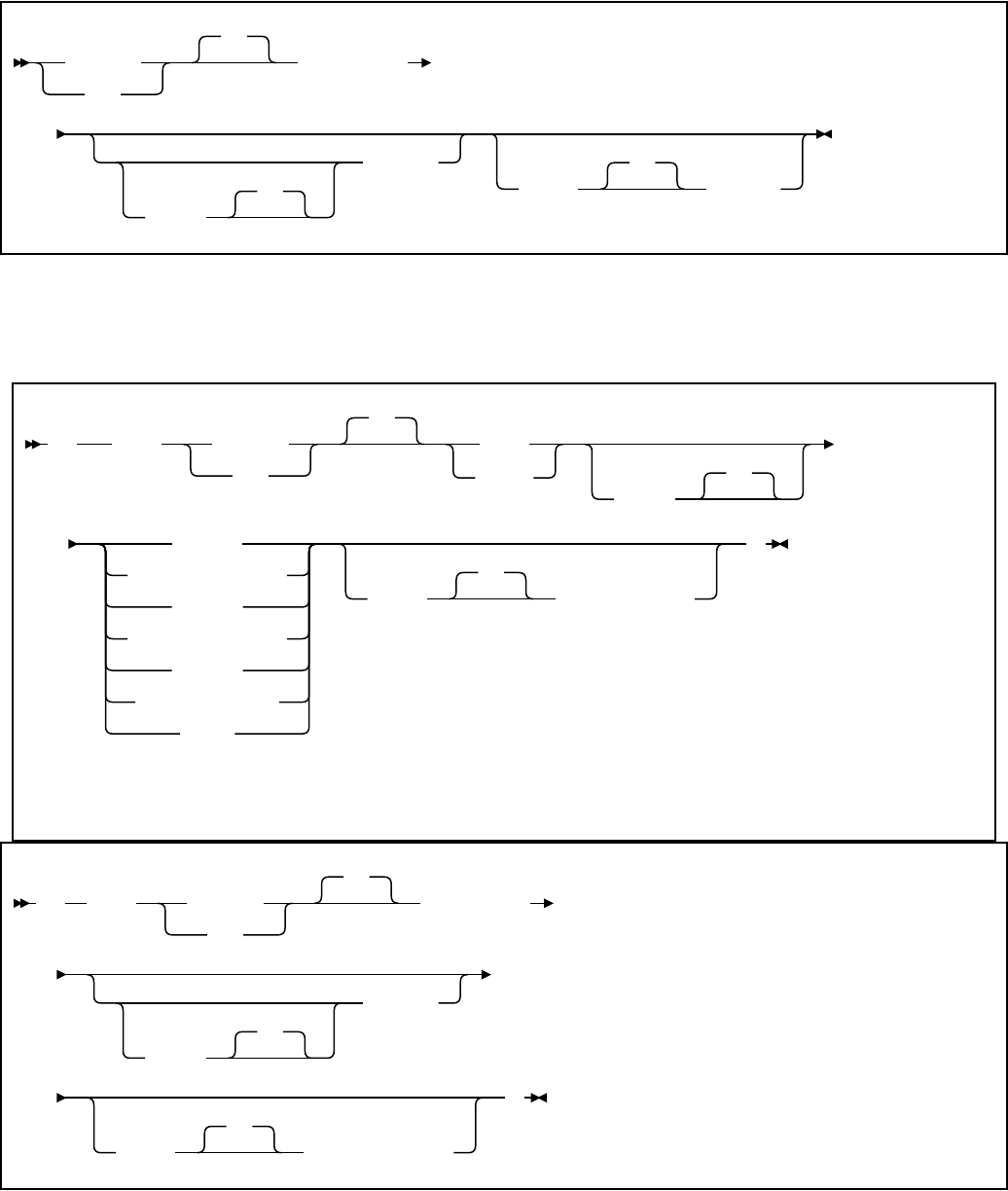
PICTURE
PIC
IS
picture-string
USAGE
IS
DISPLAY
VALUE
IS
constant
VARCHAR inner variables
The following diagrams show the syntax for VARCHAR inner variables that are used within declarations of
host structures.
49
1
var-2 PICTURE
PIC
IS
S9(4)
S9999
USAGE
IS
BINARY
COMPUTATIONAL-4
COMP-4
COMPUTATIONAL-5
COMP-5
COMPUTATIONAL
COMP
VALUE
IS
numeric-constant
.
Notes:
1
The number 49 has a special meaning to Db2. Do not specify another number.
49 var-3 PICTURE
PIC
IS
picture-string
USAGE
IS
DISPLAY
VALUE
IS
character-constant
.
VARGRAPHIC inner variables
The following diagrams show the syntax for VARGRAPHIC inner variables that are used within
declarations of host structures.
672
Db2 12 for z/OS: Application Programming and SQL Guide (Last updated: 2024-07-30)
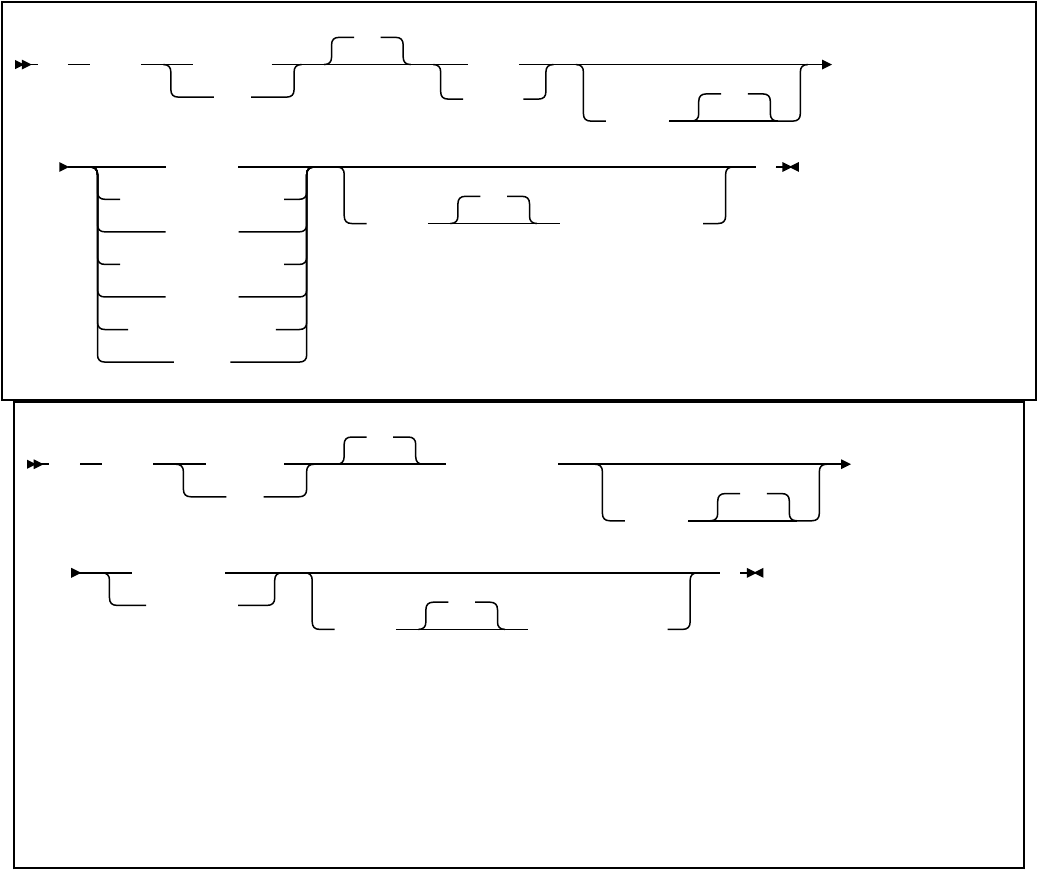
49 var-4 PICTURE
PIC
IS
S9(4)
S9999
USAGE
IS
BINARY
COMPUTATIONAL-4
COMP-4
COMPUTATIONAL-5
COMP-5
COMPUTATIONAL
COMP
VALUE
IS
numeric-constant
.
49 var-5 PICTURE
PIC
IS
picture-string
1
USAGE
IS
DISPLAY-1
2 3
NATIONAL
VALUE
IS
graphic-constant
.
Notes:
1
For xed-length strings, the format of picture-string is G(m) or N(m) (or, m instances of GG...G or NN...N),
where 1 <= m <= 127; for other strings, m cannot be greater than the maximum size of a varying-length
graphic string.
2
Use USAGE NATIONAL for only Unicode UTF-16 data. In the picture-string for USAGE NATIONAL, you
must use N in place of G.
3
You can use USAGE NATIONAL only if you are using the Db2 coprocessor.
LOB variables, locators, and le reference variables
The following diagram shows the syntax for LOB variables, locators, and le reference variables that are
used within declarations of host structures.
Chapter 4. Embedded SQL programming
673
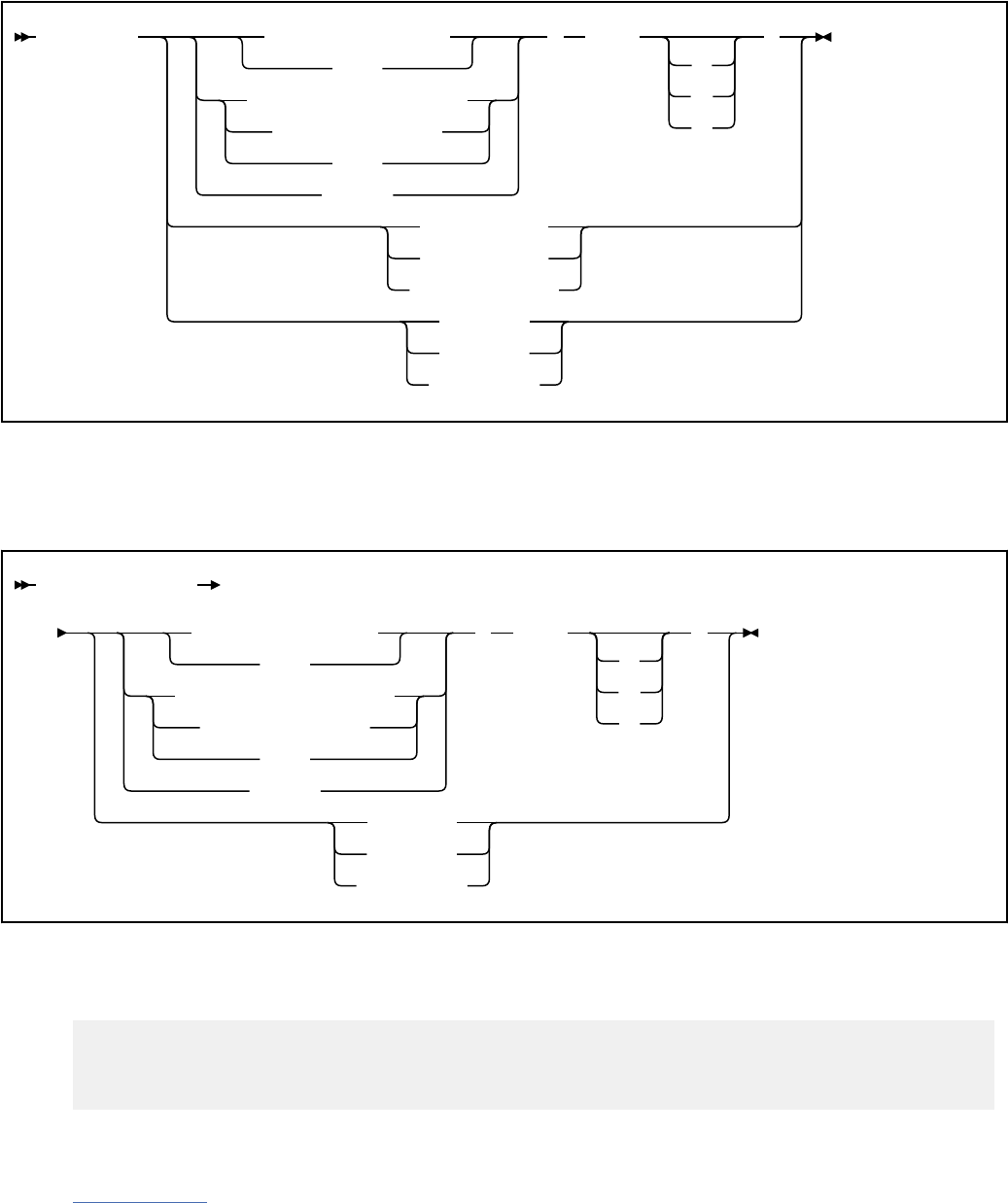
SQL TYPE IS BINARY LARGE OBJECT
BLOB
CHARACTER LARGE OBJECT
CHAR LARGE OBJECT
CLOB
DBCLOB
( length
K
M
G
)
BLOB-LOCATOR
CLOB-LOCATOR
DBCLOB-LOCATOR
BLOB-FILE
CLOB-FILE
DBCLOB-FILE
LOB variables and le reference variables for XML data
The following diagram shows the syntax for LOB variables and le reference variables that are used within
declarations of host structures for XML.
SQL TYPE IS XML AS
BINARY LARGE OBJECT
BLOB
CHARACTER LARGE OBJECT
CHAR LARGE OBJECT
CLOB
DBCLOB
( length
K
M
G
)
BLOB-FILE
CLOB-FILE
DBCLOB-FILE
Example
In the following example, B is the name of a host structure that contains the elementary items C1 and C2.
01 A
02 B
03 C1 PICTURE ...
03 C2 PICTURE ...
To reference the C1 eld in an SQL statement, specify B.C1.
Related concepts
Host structures
674
Db2 12 for z/OS: Application Programming and SQL Guide (Last updated: 2024-07-30)
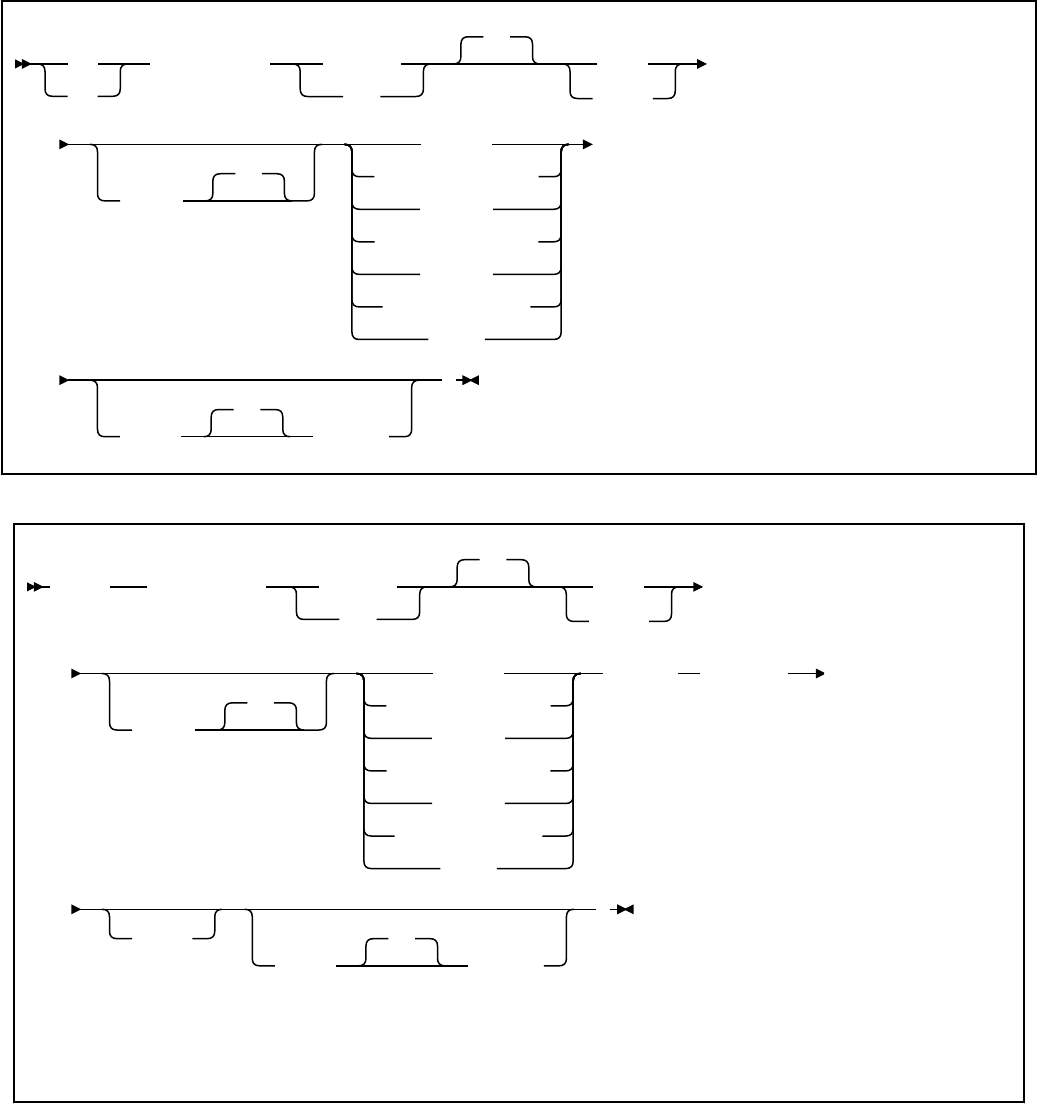
Use host structures to pass a group of host variables between Db2 and your application.
Indicator variables, indicator arrays, and host structure indicator arrays in
COBOL
A COBOL indicator variable is a 2-byte binary integer. A COBOL indicator variable array is an array in which
each element is declared as a 2-byte binary integer. You can use indicator variable arrays to support
COBOL host structures.
You declare indicator variables in the same way that you declare host variables.
The following diagram shows the syntax for declaring an indicator variable in COBOL.
01
77
variable-name PICTURE
PIC
IS
S9(4)
S9999
USAGE
IS
BINARY
COMPUTATIONAL-4
COMP-4
COMPUTATIONAL-5
COMP-5
COMPUTATIONAL
COMP
VALUE
IS
constant
.
The following diagram shows the syntax for declaring an indicator array in COBOL.
level-1
1
variable-name PICTURE
PIC
IS
S9(4)
S9999
USAGE
IS
BINARY
COMPUTATIONAL-4
COMP-4
COMPUTATIONAL-5
COMP-5
COMPUTATIONAL
COMP
OCCURS dimension
2
TIMES
VALUE
IS
constant
.
Notes:
1
level-1 must be an integer in the range 2–48.
2
dimension must be an integer constant in the range 1–32767.
Chapter 4. Embedded SQL programming
675
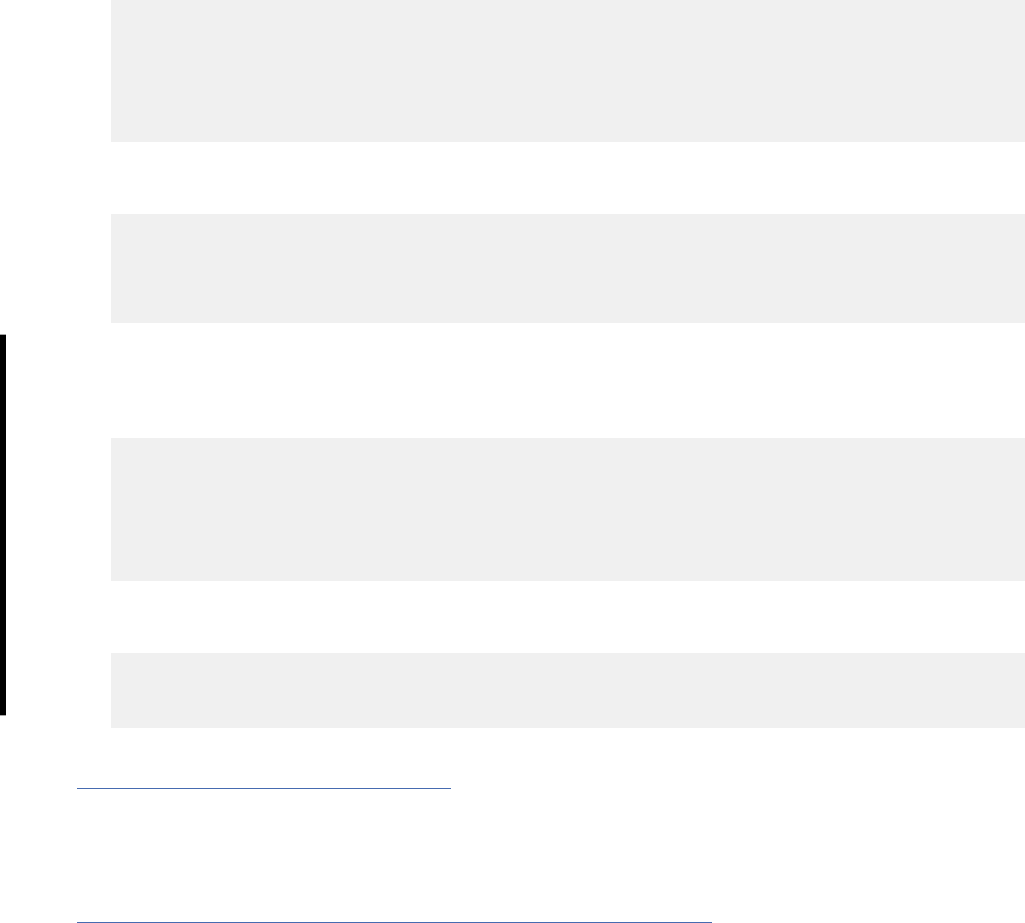
Examples
Example 1:
The following example shows declarations of three variables, with an indicator variable declaration for
each host variable.
77 DAYVAR PIC S9(4) BINARY.
77 BGNVAR PIC X(8).
77 ENDVAR PIC X(8).
77 DAYVAR-IND PIC S9(4) BINARY.
77 BGNVAR-IND PIC S9(4) BINARY.
77 ENDVAR-IND PIC S9(4) BINARY.
The following FETCH statement retrieves values from a table into the three host variables. If a table
column value is null, Db2 sets the corresponding indicator variable to -1.
EXEC SQL FETCH CLS_CURSOR INTO
:DAYVAR:DAYVAR-IND,
:BGNVAR:BGNVAR-IND,
:ENDVAR:ENDVAR-IND
END-EXEC.
Example 2:
The following example shows a declaration of a host structure, and a corresponding structure that
contains an indicator array with the same number of elements as the number of variables in the host
structure.
01 CLS.
10 DAYVAR PIC S9(4) BINARY.
10 BGNVAR PIC X(8).
10 ENDVAR PIC X(8).
01 CLS-IND-STRUCT.
02 CLS-IND PIC S9(4) BINARY OCCURS 3 TIMES.
The following FETCH statement retrieves values from a table into the host structure. If a table value is
null, Db2 sets the corresponding indicator array element to -1.
EXEC SQL FETCH CLS_CURSOR INTO
:CLS:CLS-IND
END-EXEC.
Related concepts
Indicator variables, arrays, and structures
An indicator variable is associated with a particular host variable. Each indicator variable contains a small
integer value that indicates some information about the associated host variable. Indicator arrays and
structures serve the same purpose for host-variable arrays and structures.
Related tasks
Inserting null values into columns by using indicator variables or arrays
If you need to insert null values into a column, using an indicator variable or array is an easy way to do so.
An indicator variable or array is associated with a particular host variable or host-variable array.
Controlling the CCSID for COBOL host variables
Setting the CCSID for COBOL host variables is slightly different than the process for other host languages.
In COBOL, several other settings affect the CCSID.
Before you begin
This task applies to programs that use IBM Enterprise COBOL for z/OS and the Db2 coprocessor.
Procedure
Use one or more of the following items:
676
Db2 12 for z/OS: Application Programming and SQL Guide (Last updated: 2024-07-30)

The NATIONAL data type
Use this data type to declare Unicode values in the UTF-16 format (CCSID 1200).
If you declare a host variable HV1 as USAGE NATIONAL, Db2 always handles HV1 as if you had used
the following DECLARE VARIABLE statement:
DECLARE :HV1 VARIABLE CCSID 1200
The COBOL CODEPAGE compiler option
Use this option to specify the default EBCDIC CCSID of character data items.
The SQLCCSID compiler option
Use this option to control whether the CODEPAGE compiler option influences the processing of SQL
host variables in your COBOL programs (available in Enterprise COBOL V3R4 or later).
When you specify the SQLCCSID compiler option, the COBOL Db2 coprocessor uses the CCSID
that is specied in the CODEPAGE compiler option. All host variables of character data type, other
than NATIONAL, are specied with that CCSID unless they are explicitly overridden by a DECLARE
VARIABLE statement.
When you specify the NOSQLCCSID compiler option, the CCSID that is specied in the CODEPAGE
compiler option is used for processing only COBOL statements within the COBOL program. That CCSID
is not used for the processing of host variables in SQL statements. Db2 uses the CCSIDs that are
specied through Db2 mechanisms and defaults as host variable data value encodings.
The DECLARE VARIABLE statement.
This statement explicitly sets the CCSID for individual host variables.
Example
Assume that the COBOL SQLCCSID compiler option is specied and that the COBOL CODEPAGE compiler
option is specied as CODEPAGE(1141). The following code shows how you can control the CCSID:
DATA DIVISION.
01 HV1 PIC N(10) USAGE NATIONAL.
01 HV2 PIC X(20) USAGE DISPLAY.
01 HV3 PIC X(30) USAGE DISPLAY.
...
EXEC SQL
DECLARE :HV3 VARIABLE CCSID 1047
END-EXEC.
...
PROCEDURE DIVISION.
...
EXEC SQL
SELECT C1, C2, C3 INTO :HV1, :HV2, :HV3 FROM T1
END-EXEC.
Each of the host variables have the following CCSIDs:
HV1
1200
HV2
1141
HV3
1047
Assume that the COBOL NOSQLCCSID compiler option is specied, the COBOL CODEPAGE compiler
option is specied as CODEPAGE(1141), and the Db2 default single byte CCSID is set to 37. In this case,
each of the host variables in this example have the following CCSIDs:
HV1
1200
HV2
37
Chapter 4. Embedded SQL programming
677
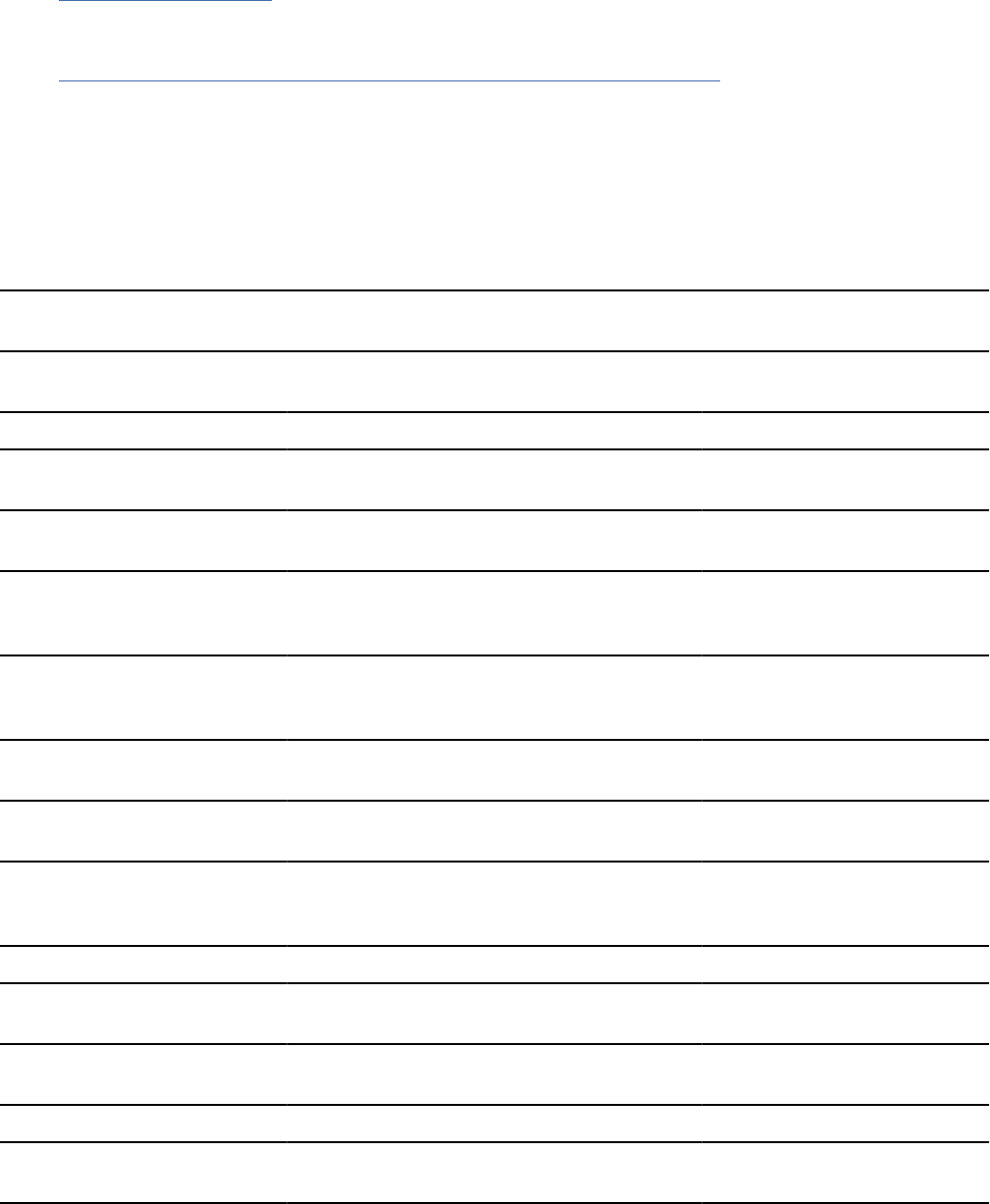
HV3
1047
Related reference
Host variables in COBOL
In COBOL programs, you can specify numeric, character, graphic, binary, LOB, XML, and ROWID host
variables. You can also specify result set and table locators and LOB and XML le reference variables.
Compiler options (COBOL) (Enterprise COBOL for z/OS Programming Guide)
Equivalent SQL and COBOL data types
When you declare host variables in your COBOL programs, the precompiler uses equivalent SQL data
types. When you retrieve data of a particular SQL data type into a host variable, you need to ensure that
the host variable is of an equivalent data type.
The following table describes the SQL data type and the base SQLTYPE and SQLLEN values that the
precompiler uses for host variables in SQL statements.
Table 110. SQL data types, SQLLEN values, and SQLTYPE values that the precompiler uses for host variables in
COBOL programs
COBOL host variable data
type
SQLTYPE of host
variable
1
SQLLEN of host variable SQL data type
COMP-1 480 4 REAL or FLOAT(n) 1≤n≤21
COMP-2 480 8 DOUBLE PRECISION, or
FLOAT(n) 22≤n≤53
S9(i)V9(d) COMP-3 or
S9(i)V9(d) PACKED-DECIMAL
484 i+d in byte 1, d in byte 2 DECIMAL(i+d,d) or
NUMERIC(i+d,d)
S9(i)V9(d) DISPLAY SIGN
LEADING SEPARATE
504 i+d in byte 1, d in byte 2 No exact equivalent.
Use DECIMAL(i+d,d) or
NUMERIC(i+d,d)
S9(i)V9(d) NATIONAL SIGN
LEADING SEPARATE
504 i+d in byte 1, d in byte 2 No exact equivalent.
Use DECIMAL(i+d,d) or
NUMERIC(i+d,d)
S9(4) COMP-4, S9(4) COMP-5,
S9(4) COMP, or S9(4) BINARY
500 2 SMALLINT
S9(9) COMP-4, S9(9) COMP-5,
S9(9) COMP, or S9(9) BINARY
496 4 INTEGER
S9(18) COMP-4, S9(18)
COMP-5, S9(18) COMP, or
S9(18) BINARY
492 8 BIGINT
Fixed-length character data 452 n CHAR(n)
Varying-length character data
1≤n≤255
448 n VARCHAR(n)
Varying-length character data
m>255
456 m VARCHAR(m)
Fixed-length graphic data 468 m GRAPHIC(m)
Varying-length graphic data
1≤m≤127
464 m VARGRAPHIC(m)
678Db2 12 for z/OS: Application Programming and SQL Guide (Last updated: 2024-07-30)
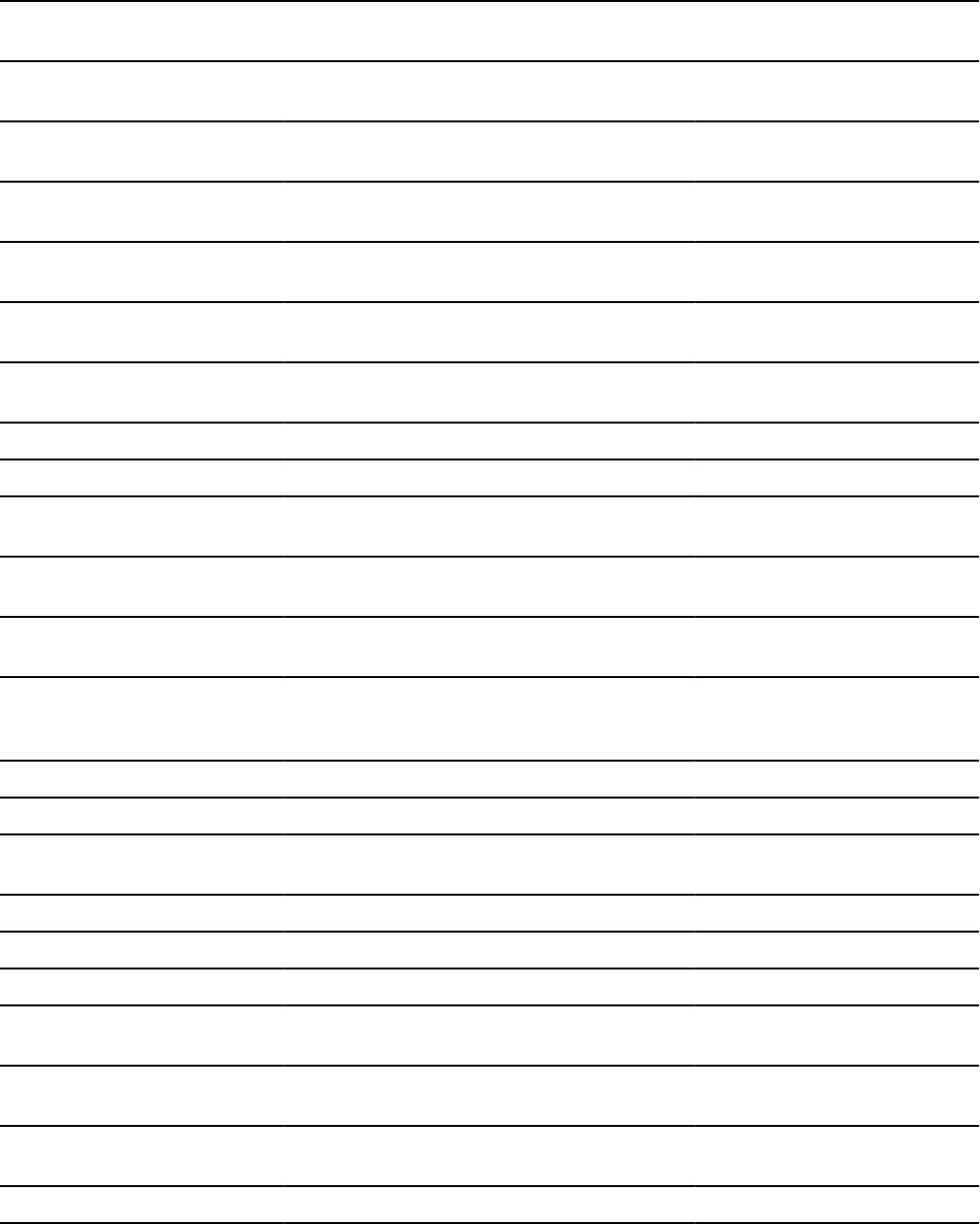
Table 110. SQL data types, SQLLEN values, and SQLTYPE values that the precompiler uses for host variables in
COBOL programs (continued)
COBOL host variable data
type
SQLTYPE of host
variable
1
SQLLEN of host variable SQL data type
Varying-length graphic data
m>127
472 m VARGRAPHIC(m)
SQL TYPE is BINARY(n),
1≤n≤255
912 n BINARY(n)
SQL TYPE is VARBINARY(n),
1≤n≤32704
908 n VARBINARY(n)
SQL TYPE IS RESULT-SET-
LOCATOR
972 4 Result set locator
2
SQL TYPE IS TABLE LIKE table-
name AS LOCATOR
976 4 Table locator
2
SQL TYPE IS BLOB-LOCATOR 960 4 BLOB locator
2
SQL TYPE IS CLOB-LOCATOR 964 4 CLOB locator
2
SQL TYPE IS DBCLOB-
LOCATOR
968 4 DBCLOB locator
2
USAGE IS SQL TYPE IS BLOB(i)
1≤i≤2147483647
404 i BLOB(i)
USAGE IS SQL TYPE IS CLOB(i)
1≤i≤2147483647
408 i CLOB(i)
USAGE IS SQL
TYPE IS DBCLOB(m)
1≤m≤1073741823
3
412 i DBCLOB(m)
3
SQL TYPE IS XML AS BLOB(i) 404 0 XML
SQL TYPE IS XML AS CLOB(i) 408 0 XML
SQL TYPE IS XML AS
DBCLOB(i)
412 0 XML
SQL TYPE IS BLOB-FILE 916/917 267 BLOB le reference
2
SQL TYPE IS CLOB-FILE 920/921 267 CLOB le reference
2
SQL TYPE IS DBCLOB-FILE 924/925 267 DBCLOB le reference
2
SQL TYPE IS XML AS BLOB-
FILE
916/917 267 XML BLOB le reference
2
SQL TYPE IS XML AS CLOB-
FILE
920/921 267 XML CLOB le reference
2
SQL TYPE IS XML AS DBCLOB-
FILE
924/925 267 XML DBCLOB le reference
2
SQL TYPE IS ROWID 904 40 ROWID
Chapter 4. Embedded SQL programming679
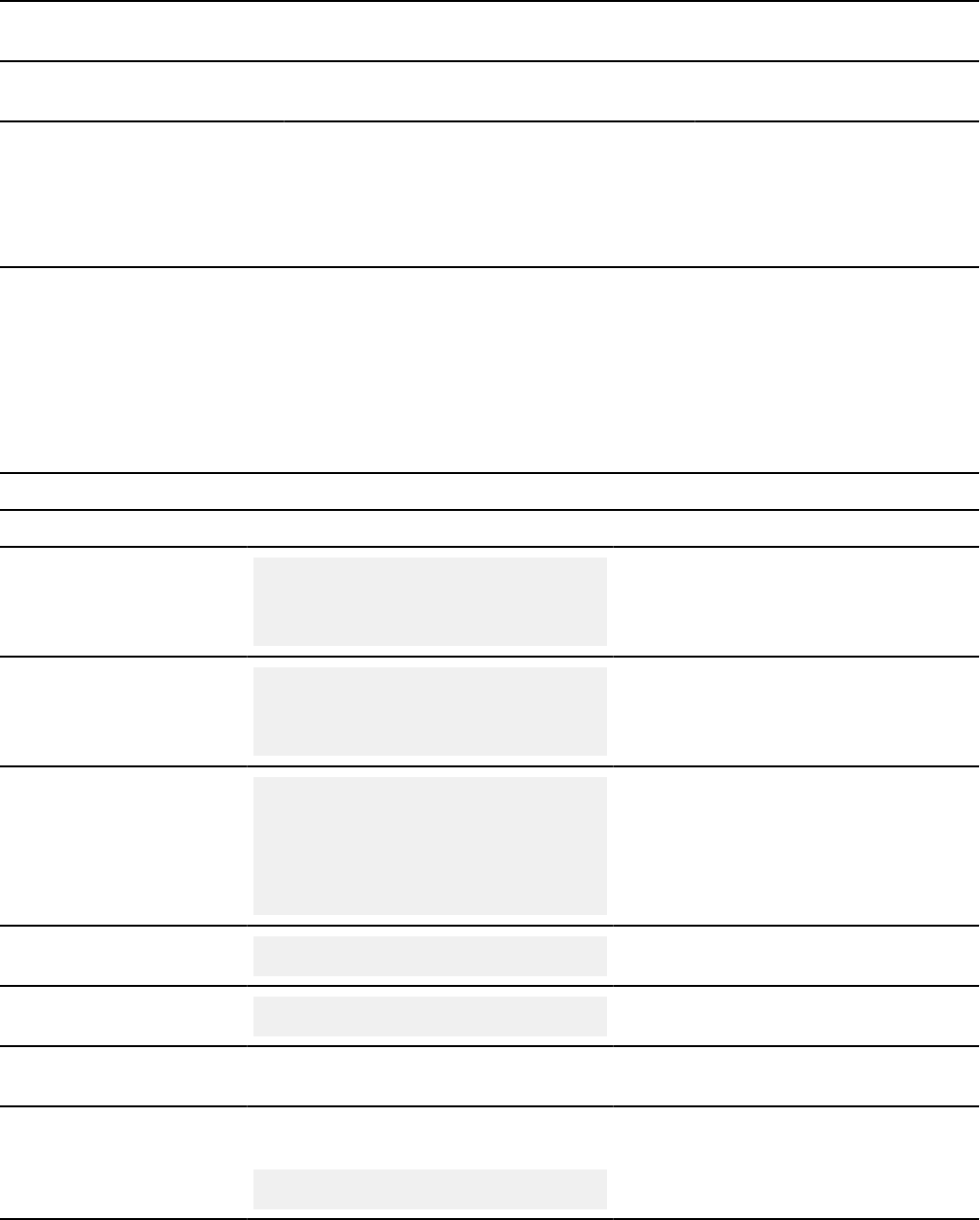
Table 110. SQL data types, SQLLEN values, and SQLTYPE values that the precompiler uses for host variables in
COBOL programs (continued)
COBOL host variable data
type
SQLTYPE of host
variable
1
SQLLEN of host variable SQL data type
Notes:
1. If a host variable includes an indicator variable, the SQLTYPE value is the base SQLTYPE value plus 1.
2. Do not use this data type as a column type.
3. m is the number of double-byte characters.
The following table shows equivalent COBOL host variables for each SQL data type. Use this table to
determine the COBOL data type for host variables that you dene to receive output from the database. For
example, if you retrieve TIMESTAMP data, you can dene a xed-length character string variable of length
n
This table shows direct conversions between SQL data types and COBOL data types. However, a number
of SQL data types are compatible. When you do assignments or comparisons of data that have compatible
data types, Db2 converts those compatible data types.
Table 111. COBOL host variable equivalents that you can use when retrieving data of a particular SQL data type
SQL data type COBOL host variable equivalent Notes
SMALLINT
S9(4) COMP-4,
S9(4) COMP-5,
S9(4) COMP,
or S9(4) BINARY
INTEGER
S9(9) COMP-4,
S9(9) COMP-5,
S9(9) COMP,
or S9(9) BINARY
DECIMAL(p,s) or
NUMERIC(p,s)
S9(p-s)V9(s) COMP-3 or
S9(p-s)V9(s)
PACKED-DECIMAL
DISPLAY SIGN
LEADING SEPARATE
NATIONAL SIGN
LEADING SEPARATE
p is precision; s is scale. 0≤s≤p≤31. If
s=0, use S9(p)V or S9(p). If s=p, use
SV9(s). If the COBOL compiler does not
support 31–digit decimal numbers, no
exact equivalent exists. Use COMP-2.
REAL or FLOAT (n)
COMP-1
1≤n≤21
DOUBLE PRECISION,
DOUBLE or FLOAT (n)
COMP-2
22≤n≤53
BIGINT S9(18) COMP-4, S9(18) COMP-5, S9(18)
COMP, or S9(18) BINARY
CHAR(n) Fixed-length character string. For
example,
01 VAR-NAME PIC X(n).
1≤n≤255
680Db2 12 for z/OS: Application Programming and SQL Guide (Last updated: 2024-07-30)
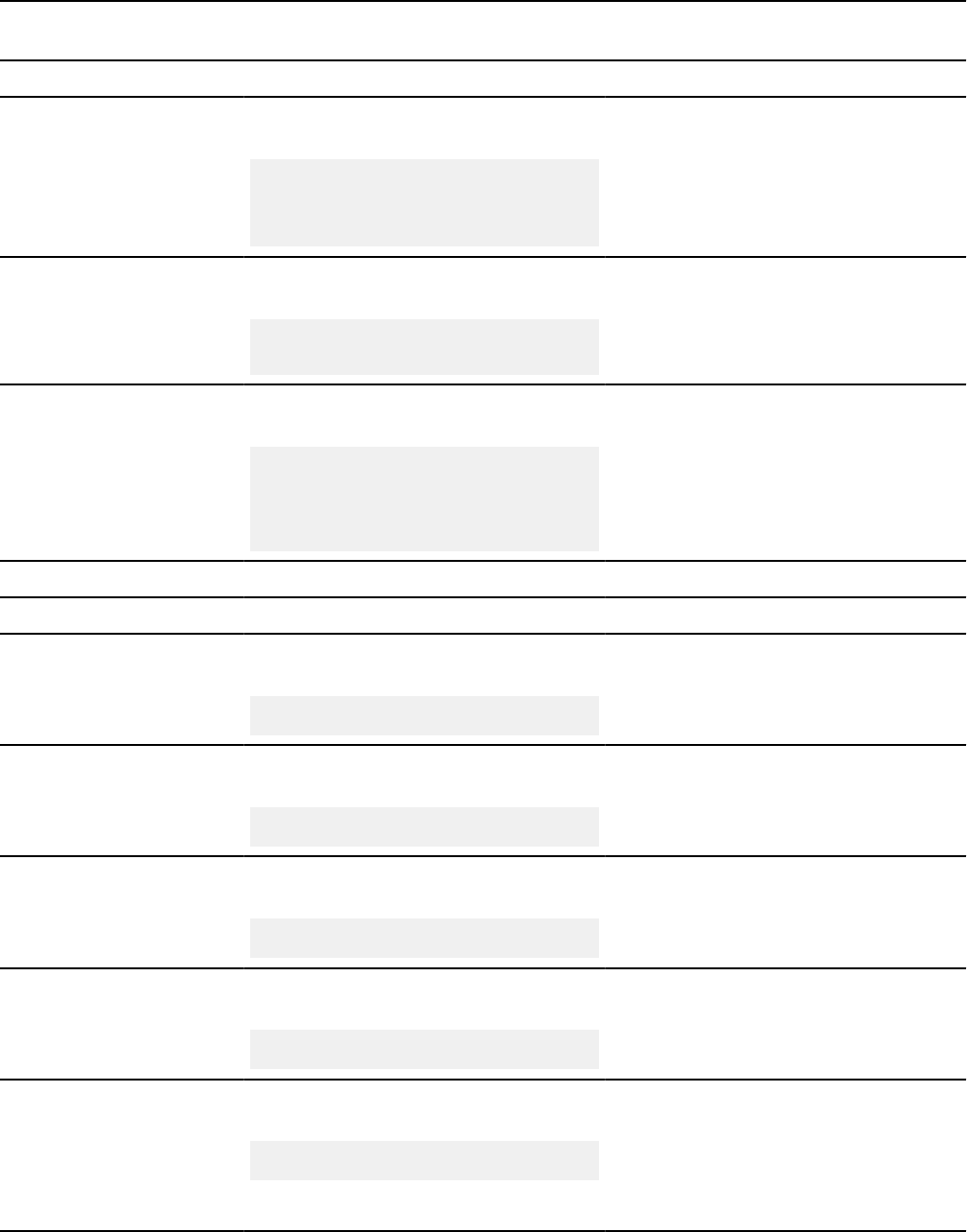
Table 111. COBOL host variable equivalents that you can use when retrieving data of a particular SQL data type
(continued)
SQL data type COBOL host variable equivalent Notes
VARCHAR(n) Varying-length character string. For
example,
01 VAR-NAME.
49 VAR-LEN PIC S9(4)
USAGE BINARY.
49 VAR-TEXT PIC X(n).
The inner variables must have a level of
49.
GRAPHIC(n) Fixed-length graphic string. For
example,
01 VAR-NAME PIC G(n)
USAGE IS DISPLAY-1.
n refers to the number of double-byte
characters, not to the number of bytes.
1≤n≤127
VARGRAPHIC(n) Varying-length graphic string. For
example,
01 VAR-NAME.
49 VAR-LEN PIC S9(4)
USAGE BINARY.
49 VAR-TEXT PIC G(n)
USAGE IS DISPLAY-1.
n refers to the number of double-byte
characters, not to the number of bytes.
The inner variables must have a level of
49.
BINARY(n) SQL TYPE IS BINARY(n) 1≤n≤255
VARBINARY(n) SQL TYPE IS VARBINARY(n) 1≤n≤32704
DATE Fixed-length character string of length n.
For example,
01 VAR-NAME PIC X(n).
If you are using a date exit routine, i is
determined by that routine. Otherwise, i
must be at least 10.
TIME Fixed-length character string of length n.
For example,
01 VAR-NAME PIC X(n).
If you are using a time exit routine, n is
determined by that routine. Otherwise, n
must be at least 6; to include seconds, n
must be at least 8.
TIMESTAMP Fixed-length character string of length n.
For example,
01 VAR-NAME PIC X(n).
n must be at least 19. To include
microseconds, n must be 26; if n is
less than 26, truncation occurs on the
microseconds part.
TIMESTAMP(0) Fixed-length character string of length n.
For example,
01 VAR-NAME PIC X(n).
n must be at least 19.
TIMESTAMP(p) p > 0 Fixed-length character string of length n.
For example,
01 VAR-NAME PIC X(n
).
n must be at least 19. To include
fractional seconds, n must be 20+x
where x is the number of fractional
seconds to include; if x is less than
p, truncation occurs on the fractional
seconds part.
Chapter 4. Embedded SQL programming681
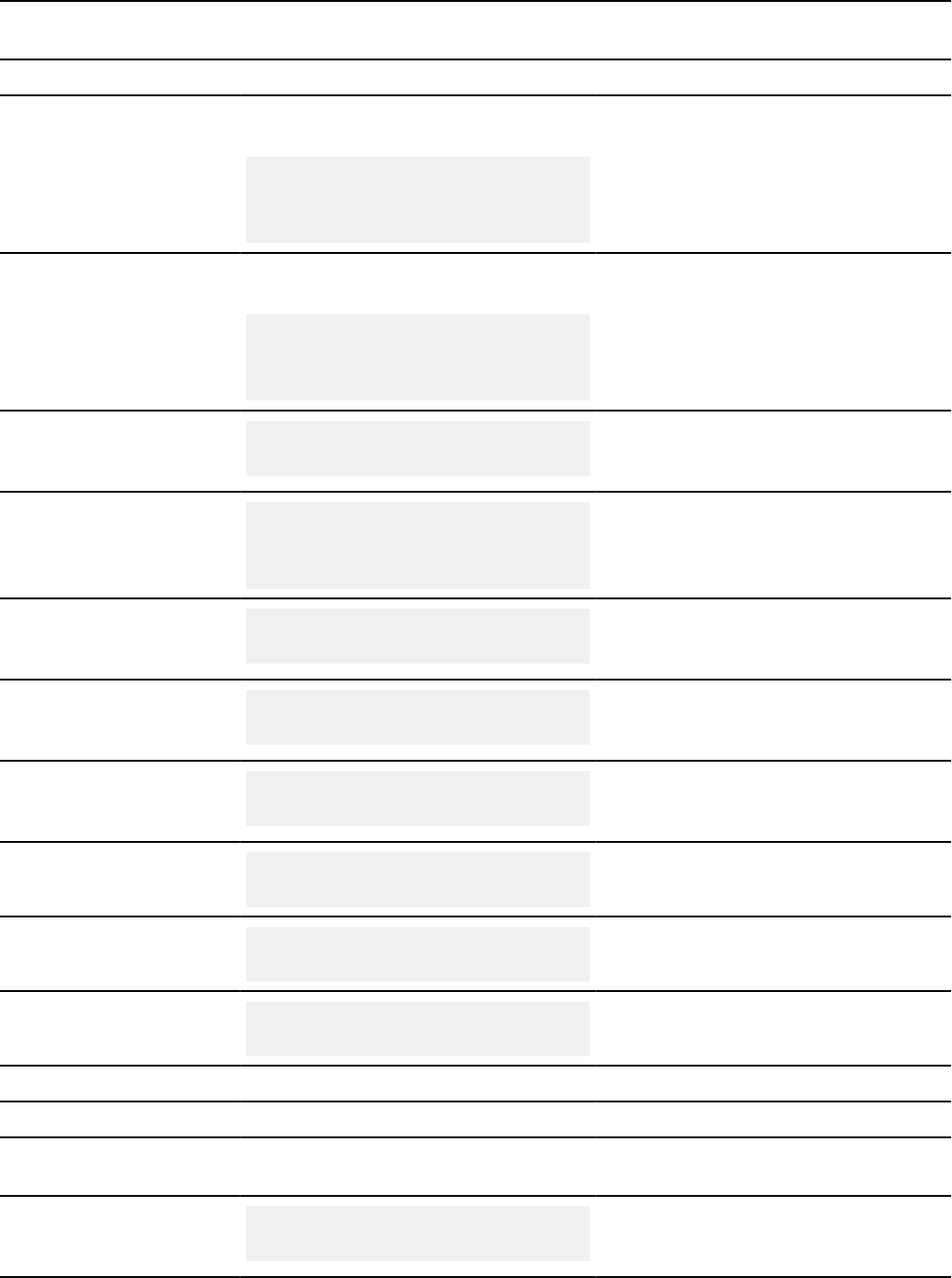
Table 111. COBOL host variable equivalents that you can use when retrieving data of a particular SQL data type
(continued)
SQL data type COBOL host variable equivalent Notes
TIMESTAMP(0) WITH
TIME ZONE
Varying-length character string. For
example,
01 VAR-NAME.
49 VAR-LEN PIC S9(4) USAGE
BINARY. 49 VAR-TEXT PIC
X(n).
The inner variables must have a level of
49. n must be at least 25.
TIMESTAMP(p) WITH
TIME ZONE
Varying-length character string. For
example,
01 VAR-NAME.
49 VAR-LEN PIC S9(4) USAGE
BINARY. 49 VAR-TEXT PIC
X(n).
The inner variables must have a level of
49. n must be at least 26+p.
Result set locator
SQL TYPE IS
RESULT-SET-LOCATOR
Use this data type only for receiving
result sets. Do not use this data type as
a column type.
Table locator
SQL TYPE IS
TABLE LIKE
table-name
AS LOCATOR
Use this data type only in a user-dened
function or stored procedure to receive
rows of a transition table. Do not use
this data type as a column type.
BLOB locator
USAGE IS SQL TYPE IS
BLOB-LOCATOR
Use this data type only to manipulate
data in BLOB columns. Do not use this
data type as a column type.
CLOB locator
USAGE IS SQL TYPE IS
CLOB-LOCATOR
Use this data type only to manipulate
data in CLOB columns. Do not use this
data type as a column type.
DBCLOB locator
USAGE IS SQL TYPE IS
DBCLOB-LOCATOR
Use this data type only to manipulate
data in DBCLOB columns. Do not use
this data type as a column type.
BLOB(i)
USAGE IS SQL TYPE IS
BLOB(i)
1≤n≤2147483647
CLOB(i)
USAGE IS SQL TYPE IS
CLOB(i)
1≤n≤2147483647
DBCLOB(i)
USAGE IS SQL TYPE IS
DBCLOB(i)
i is the number of double-byte
characters. 1≤n≤1073741823
XML SQL TYPE IS XML AS BLOB(i) 1≤n≤2147483647
XML SQL TYPE IS XML AS CLOB(i) 1≤n≤2147483647
XML SQL TYPE IS XML AS DBCLOB(i) i is the number of double-byte
characters. 1≤n≤1073741823
BLOB le reference
USAGE IS SQL TYPE IS
BLOB-FILE
Use this data type only to manipulate
data in BLOB columns. Do not use this
data type as a column type.
682Db2 12 for z/OS: Application Programming and SQL Guide (Last updated: 2024-07-30)
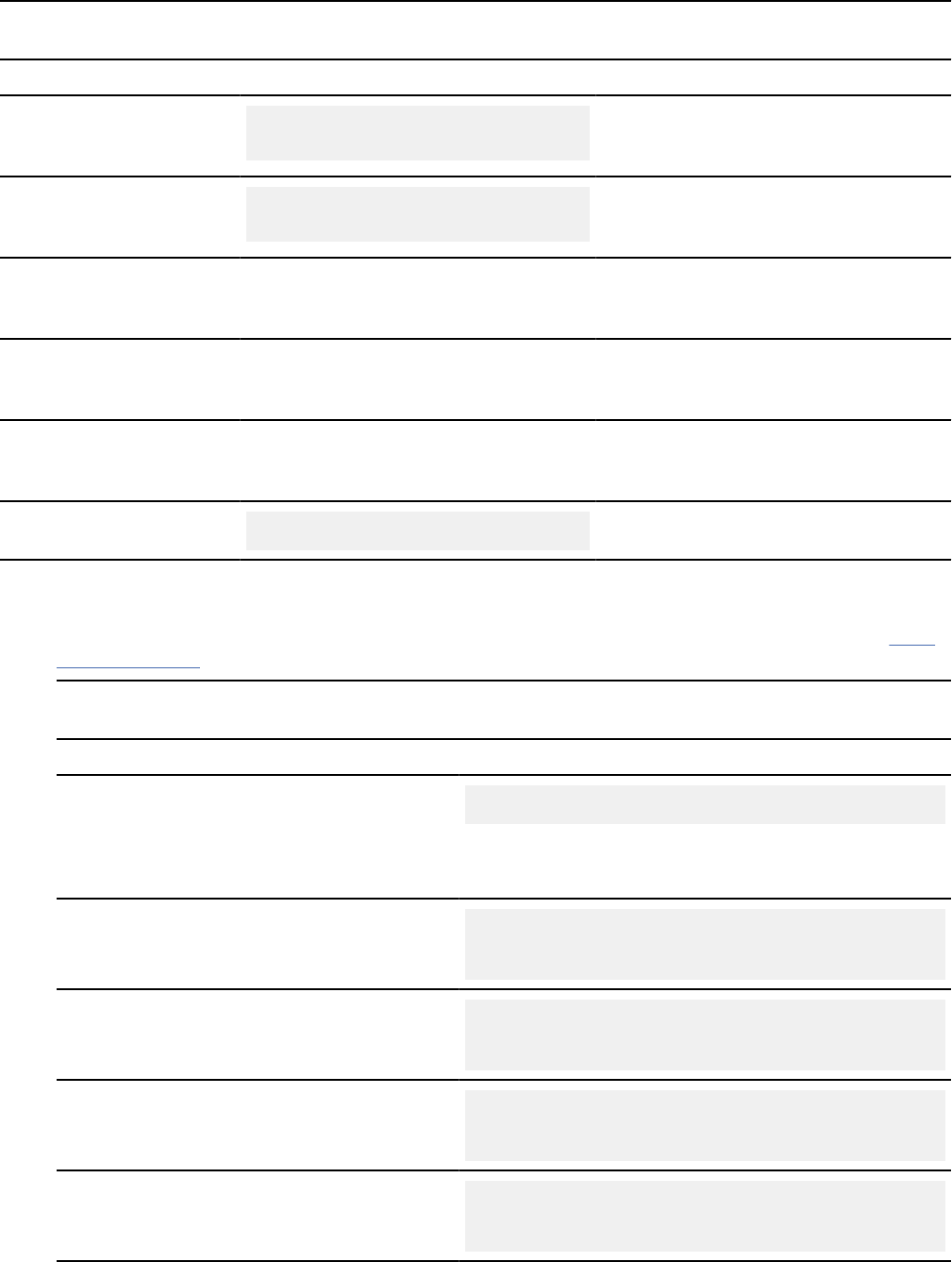
Table 111. COBOL host variable equivalents that you can use when retrieving data of a particular SQL data type
(continued)
SQL data type COBOL host variable equivalent Notes
CLOB le reference
USAGE IS SQL TYPE IS
CLOB-FILE
Use this data type only to manipulate
data in CLOB columns. Do not use this
data type as a column type.
DBCLOB le reference
USAGE IS SQL TYPE IS
DBCLOB-FILE
Use this data type only to manipulate
data in DBCLOB columns. Do not use
this data type as a column type.
XML BLOB le reference SQL TYPE IS XML AS BLOB-FILE Use this data type only to manipulate
XML data as BLOB les. Do not use this
data type as a column type.
XML CLOB le reference SQL TYPE IS XML AS CLOB-FILE Use this data type only to manipulate
XML data as CLOB les. Do not use this
data type as a column type.
XML DBCLOB le reference SQL TYPE IS XML AS DBCLOB-FILE Use this data type only to manipulate
XML data as DBCLOB les. Do not use
this data type as a column type.
ROWID
SQL TYPE IS ROWID
The following table shows the COBOL language denitions to use in COBOL stored procedures and
user-dened functions, when the parameter data types in the routine denitions are LOBs, ROWIDs, or
locators. For other parameter data types, the COBOL language denitions are the same as those in Table
111 on page 680 above.
Table 112. Equivalent COBOL declarations for LOBs, ROWIDs, and locators in
user-dened routine
denitions
SQL data type in denition COBOL declaration
TABLE LOCATOR
BLOB LOCATOR
CLOB LOCATOR
DBCLOB LOCATOR
01 var PIC S9(9) COMP-5
BLOB(n)
01 var.
49 var-LENGTH PIC S9(9) COMP-5.
49 var-DATA PIC X(n).
CLOB(n)
01 var.
49 var-LENGTH PIC S9(9) COMP-5.
49 var-DATA PIC X(n).
DBCLOB(n)
01 var.
49 var-LENGTH PIC S9(9) COMP-5.
49 var-DATA PIC G(n) DISPLAY-1.
ROWID
01 var.
49 var-LEN PIC S9(4) COMP-5.
49 var-TEXT PIC X(40).
Chapter 4. Embedded SQL programming683

Related concepts
Compatibility of SQL and language data types
The host variable data types that are used in SQL statements must be compatible with the data types of
the columns with which you intend to use them.
LOB host variable, LOB locator, and LOB le reference variable declarations
When you write applications to manipulate LOB data, you need to declare host variables to hold the LOB
data or LOB locator. Alternatively, you need to declare LOB le reference variables to point to the LOB
data.
Host variable data types for XML data in embedded SQL applications (Db2 Programming for XML)
Object-oriented extensions in COBOL
When you use object-oriented extensions in a COBOL application, you need to consider where to place
SQL statements, the SQLCA, the SQLDA, and host variable declarations. You also need to consider the
rules for host variables.
Where to place SQL statements in your application: A COBOL source data set or member can contain the
following elements:
• Multiple programs
• Multiple class denitions, each of which contains multiple methods
You can put SQL statements in only the rst program or class in the source data set or member. However,
you can put SQL statements in multiple methods within a class. If an application consists of multiple data
sets or members, each of the data sets or members can contain SQL statements.
Where to place the SQLCA, SQLDA, and host variable declarations: You can put the SQLCA, SQLDA, and
SQL host variable declarations in the WORKING-STORAGE SECTION of a program, class, or method. An
SQLCA or SQLDA in a class WORKING-STORAGE SECTION is global for all the methods of the class. An
SQLCA or SQLDA in a method WORKING-STORAGE SECTION is local to that method only.
If a class and a method within the class both contain an SQLCA or SQLDA, the method uses the SQLCA or
SQLDA that is local.
Rules for host variables: You can declare COBOL variables that are used as host variables in the
WORKING-STORAGE SECTION or LINKAGE-SECTION of a program, class, or method. You can also
declare host variables in the LOCAL-STORAGE SECTION of a method. The scope of a host variable is
the method, class, or program within which it is dened.
Handling SQL error codes in Cobol applications
Cobol applications can request more information about SQL error codes by using the DSNTIAR subroutine
or issuing a GET DIAGNOSTICS statement.
Procedure
To request more information about SQL errors from Cobol programs, use the following approaches:
• You can use the MESSAGE_TEXT condition item eld of the GET DIAGNOSTICS statement to convert
an SQL return code into a text message. Programs that require long token message support should
code the GET DIAGNOSTICS statement instead of DSNTIAR.
• You can use the subroutine DSNTIAR to convert an SQL return code into a text message. DSNTIAR
takes data from the SQLCA, formats it into a message, and places the result in a message output area
that you provide in your application program.
DSNTIAR syntax
DSNTIAR has the following syntax:
CALL 'DSNTIAR' USING sqlca message lrecl.
684
Db2 12 for z/OS: Application Programming and SQL Guide (Last updated: 2024-07-30)

DSNTIAR parameters
The DSNTIAR parameters have the following meanings:
sqlca
An SQL communication area.
message
An output area, in VARCHAR format, in which DSNTIAR places the message text. The rst
halfword contains the length of the remaining area; its minimum value is 240.
The output lines of text, each line being the length specied in lrecl, are put into this area. For
example, you could specify the format of the output area as:
01 ERROR-MESSAGE.
02 ERROR-LEN PIC S9(4) COMP-5 VALUE +1320.
02 ERROR-TEXT PIC X(132) OCCURS 10 TIMES
INDEXED BY ERROR-INDEX.
77 ERROR-TEXT-LEN PIC S9(9) COMP-5 VALUE +132.
⋮
CALL 'DSNTIAR' USING SQLCA ERROR-MESSAGE ERROR-TEXT-LEN.
where ERROR-MESSAGE is the name of the message output area containing 10 lines of length
132 each, and ERROR-TEXT-LEN is the length of each line.
lrecl
A fullword containing the logical record length of output messages, in the range 72–240.
An example of calling DSNTIAR from an application appears in the Db2 sample assembler program
DSN8BC3, which is contained in the library DSN8C10.
• If your CICS application requires CICS storage handling, you must use the subroutine DSNTIAC instead
of DSNTIAR.
If you call DSNTIAR dynamically from a CICS COBOL application program, be sure you do the
following:
– Compile the COBOL application with the NODYNAM option.
– Dene DSNTIAR in the CSD.
DSNTIAC syntax
If your CICS application requires CICS storage handling, you must use the subroutine DSNTIAC
instead of DSNTIAR. DSNTIAC has the following syntax:
CALL 'DSNTIAC' USING eib commarea sqlca msg lrecl.
DSNTIAC parameters
DSNTIAC has extra parameters, which you must use for calls to routines that use CICS commands.
eib
EXEC interface block
commarea
communication area
For more information on these parameters, see the appropriate application programming guide for
CICS. The remaining parameter descriptions are the same as those for DSNTIAR. Both DSNTIAC
and DSNTIAR format the SQLCA in the same way.
You must dene DSNTIA1 in the CSD. If you load DSNTIAR or DSNTIAC, you must also dene them
in the CSD. For an example of CSD entry generation statements for use with DSNTIAC, see job
DSNTEJ5A.
The assembler source code for DSNTIAC and job DSNTEJ5A, which assembles and link-edits
DSNTIAC, are in the data set prex.SDSNSAMP.
Related tasks
Handling SQL error codes
Chapter 4. Embedded SQL programming
685

Application programs can request more information about SQL error codes from Db2.
Related reference
GET DIAGNOSTICS statement (Db2 SQL)
Fortran applications that issue SQL statements
You can code SQL statements in a Fortran program wherever you can place executable statements. If
the SQL statement is within an IF statement, the precompiler generates any necessary THEN and END IF
statements.
Fortran source statements must be xed-length 80-byte records. The Db2 precompiler does not support
free-form source input.
Each SQL statement in a Fortran program must begin with EXEC SQL. The EXEC and SQL keywords must
appear on one line, but the remainder of the statement can appear on subsequent lines.
You might code the UPDATE statement in a Fortran program as follows:
EXEC SQL
C UPDATE DSN8C10.DEPT
C SET MGRNO = :MGRNUM
C WHERE DEPTNO = :INTDEPT
You cannot follow an SQL statement with another SQL statement or Fortran statement on the same line.
Fortran does not require blanks to delimit words within a statement, but the SQL language requires
blanks. The rules for embedded SQL follow the rules for SQL syntax, which require you to use one or more
blanks as a delimiter.
Comments
You can include Fortran comment lines within embedded SQL statements wherever you can use a
blank, except between the keywords EXEC and SQL. You can include SQL comments in any embedded
SQL statement. For more information, see SQL comments (Db2 SQL).
The Db2 precompiler does not support the exclamation point (!) as a comment recognition character
in Fortran programs.
Continuation for SQL statements
The line continuation rules for SQL statements are the same as those for Fortran statements, except
that you must specify EXEC SQL on one line. The SQL examples in this topic have Cs in the sixth
column to indicate that they are continuations of EXEC SQL.
Delimiters in Fortran
Delimit an SQL statement in your Fortran program with the beginning keyword EXEC SQL
and an end of line or end of last continued line.
Declaring tables and views
Your Fortran program should also include the DECLARE TABLE statement to describe each table and
view the program accesses.
Dynamic SQL in a Fortran program
In general, Fortran programs can easily handle dynamic SQL statements. SELECT statements can be
handled if the data types and the number of returned elds are xed. If you want to use variable-list
SELECT statements, you need to use an SQLDA, as described in “Dening SQL descriptor areas
(SQLDA)” on page 474.
You can use a Fortran character variable in the statements PREPARE and EXECUTE IMMEDIATE, even
if it is xed-length.
Including code
To include SQL statements or Fortran host variable declarations from a member of a partitioned data
set, use the following SQL statement in the source code where you want to include the statements:
EXEC SQL INCLUDE member-name
686
Db2 12 for z/OS: Application Programming and SQL Guide (Last updated: 2024-07-30)

You cannot nest SQL INCLUDE statements. You cannot use the Fortran INCLUDE compiler directive to
include SQL statements or Fortran host variable declarations.
Margins
Code the SQL statements in columns 7–72, inclusive. If EXEC SQL starts before the specied left
margin, the Db2 precompiler does not recognize the SQL statement.
Names
You can use any valid Fortran name for a host variable. Do not use external entry names that begin
with 'DSN' or host variable names that begin with 'SQL'. These names are reserved for Db2.
Do not use the word DEBUG, except when dening a Fortran DEBUG packet. Do not use the words
FUNCTION, IMPLICIT, PROGRAM, and SUBROUTINE to dene variables.
Sequence numbers
The source statements that the Db2 precompiler generates do not include sequence numbers.
Statement labels
You can specify statement numbers for SQL statements in columns 1 to 5. However, during program
preparation, a labeled SQL statement generates a Fortran CONTINUE statement with that label before
it generates the code that executes the SQL statement. Therefore, a labeled SQL statement should
never be the last statement in a DO loop. In addition, you should not label SQL statements (such
as INCLUDE and BEGIN DECLARE SECTION) that occur before the rst executable SQL statement,
because an error might occur.
WHENEVER statement
The target for the GOTO clause in the SQL WHENEVER statement must be a label in the Fortran source
code and must refer to a statement in the same subprogram. The WHENEVER statement only applies
to SQL statements in the same subprogram.
Special Fortran considerations
The following considerations apply to programs written in Fortran:
• You cannot use the @PROCESS statement in your source code. Instead, specify the compiler
options in the PARM eld.
• You cannot use the SQL INCLUDE statement to include the following statements: PROGRAM,
SUBROUTINE, BLOCK, FUNCTION, or IMPLICIT.
Db2 supports Version 3 Release 1 (or later) of VS Fortran with the following restrictions:
• The parallel option is not supported. Applications that contain SQL statements must not use Fortran
parallelism.
• You cannot use the byte data type within embedded SQL, because byte is not a recognizable host
data type.
Handling SQL error codes
Fortran applications can request more information about SQL errors from Db2. For more information,
see “Handling SQL error codes in C and C++ applications” on page 618
.
Related tasks
Overview of programming applications that access Db2 for z/OS data
Applications that interact with Db2 must rst connect to Db2. They can then read, add, or modify data or
manipulate Db2 objects.
Including dynamic SQL in your program
Dynamic SQL is prepared and executed while the program is running.
Handling SQL error codes
Application programs can request more information about SQL error codes from Db2.
Setting limits for system resource usage by using the resource limit facility (Db2 Performance)
Chapter 4. Embedded SQL programming
687
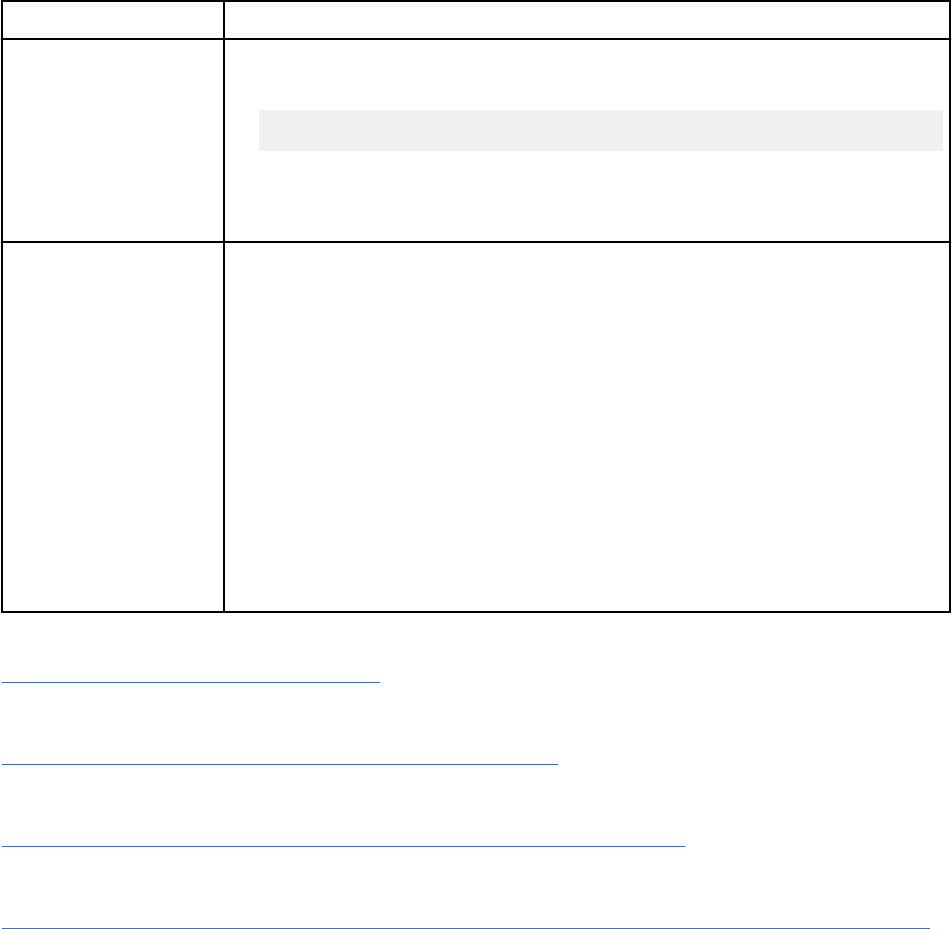
Dening the SQL communications area, SQLSTATE, and SQLCODE in Fortran
Fortran programs that contain SQL statements can include an SQL communications area (SQLCA) to check
whether an SQL statement executed successfully. Alternatively, these programs can declare individual
SQLCODE and SQLSTATE host variables.
About this task
If you specify the SQL processing option STDSQL(YES), do not dene an SQLCA. If you do, Db2 ignores
your SQLCA, and your SQLCA denition causes compile-time errors. If you specify the SQL processing
option STDSQL(NO), include an SQLCA explicitly.
If your application contains SQL statements and does not include an SQL communications area (SQLCA),
you must declare individual SQLCODE and SQLSTATE host variables. Your program can use these variables
to check whether an SQL statement executed successfully.
Procedure
Choose one of the following actions:
Option Description
To dene the
SQL communications
area:
a. Code the SQLCA directly in the program or use the following SQL INCLUDE
statement to request a standard SQLCA declaration:
EXEC SQL INCLUDE SQLCA
Db2 sets the SQLCODE and SQLSTATE values in the SQLCA after each SQL
statement executes. Your application should check these values to determine
whether the last SQL statement was successful.
To declare SQLCODE
and SQLSTATE host
variables:
a. Declare the SQLCODE variable within a BEGIN DECLARE SECTION
statement and an END DECLARE SECTION statement in your program
declarations as INTEGER*4.
This variable can also be called SQLCOD.
b. Declare the SQLSTATE variable within a BEGIN DECLARE SECTION
statement and an END DECLARE SECTION statement in your program
declarations as CHARACTER*5.
This variable can also be called SQLCOD.
Restriction: Do not declare an SQLSTATE variable as an element of a structure.
Requirement: After you declare the SQLCODE and SQLSTATE variables, ensure
that all SQL statements in the program are within the scope of the declaration
of these variables.
Related tasks
Checking the execution of SQL statements
After executing an SQL statement, your program should check for any errors before you commit the data
and handle the errors that they represent.
Checking the execution of SQL statements by using the SQLCA
One way to check whether an SQL statement executed successfully is to use the SQL communication area
(SQLCA). This area is set apart for communication with Db2.
Checking the execution of SQL statements by using SQLCODE and SQLSTATE
Whenever an SQL statement executes, the SQLCODE and SQLSTATE elds of the SQLCA receive a return
code.
Dening the items that your program can use to check whether an SQL statement executed successfully
688
Db2 12 for z/OS: Application Programming and SQL Guide (Last updated: 2024-07-30)

If your program contains SQL statements, the program should dene some infrastructure so that it can
check whether the statements executed successfully. You can either include an SQL communications
area (SQLCA), which contains SQLCODE and SQLSTATE variables, or declare individual SQLCODE and
SQLSTATE host variables.
Dening SQL descriptor areas in (SQLDA) Fortran
If your program includes certain SQL statements, you must dene at least one SQL descriptor area
(SQLDA). Depending on the context in which it is used, the SQLDA stores information about prepared SQL
statements or host variables. This information can then be read by either the application program or Db2.
Procedure
Call a subroutine that is written in C, PL/I, or assembler language and that uses the INCLUDE SQLDA
statement to dene the SQLDA. The subroutine can also include SQL statements for any dynamic SQL
functions that you need.
Restrictions:
• You must place SQLDA declarations before the rst SQL statement that references the data descriptor,
unless you use the TWOPASS SQL processing option.
• You cannot use the SQL INCLUDE statement for the SQLDA, because it is not supported in COBOL.
Related tasks
Dening SQL descriptor areas (SQLDA)
If your program includes certain SQL statements, you must dene at least one SQL descriptor area
(SQLDA). Depending on the context in which it is used, the SQLDA stores information about prepared SQL
statements or host variables. This information can then be read by either the application program or Db2.
Declaring host variables and indicator variables in Fortran
You can use host variables, host-variable arrays, and host structures in SQL statements in your program to
pass data between Db2 and your application.
Procedure
To declare host variables, host-variable arrays, and host structures:
1. Declare the variables according to the following rules and guidelines:
• When you declare a character host variable, do not use an expression to dene the length of the
character variable. You can use a character host variable with an undened length (for example,
CHARACTER *(*)). The length of any such variable is determined when the associated SQL statement
executes.
• Host variables must be scalar variables; they cannot be elements of vectors or arrays (subscripted
variables).
• Be careful when calling subroutines that might change the attributes of a host variable. Such
alteration can cause an error while the program is running.
• If you specify the ONEPASS SQL processing option, you must explicitly declare each host variable
and each host-variable array before using them in an SQL statement. If you specify the TWOPASS
precompiler option, you must declare each host variable before using it in the DECLARE CURSOR
statement.
• If you specify the STDSQL(YES) SQL processing option, you must precede the host language
statements that dene the host variables and host-variable arrays with the BEGIN DECLARE
SECTION statement and follow the host language statements with the END DECLARE SECTION
statement. Otherwise, these statements are optional.
• Ensure that any SQL statement that uses a host variable or host-variable array is within the scope of
the statement that declares that variable or array.
Chapter 4. Embedded SQL programming
689
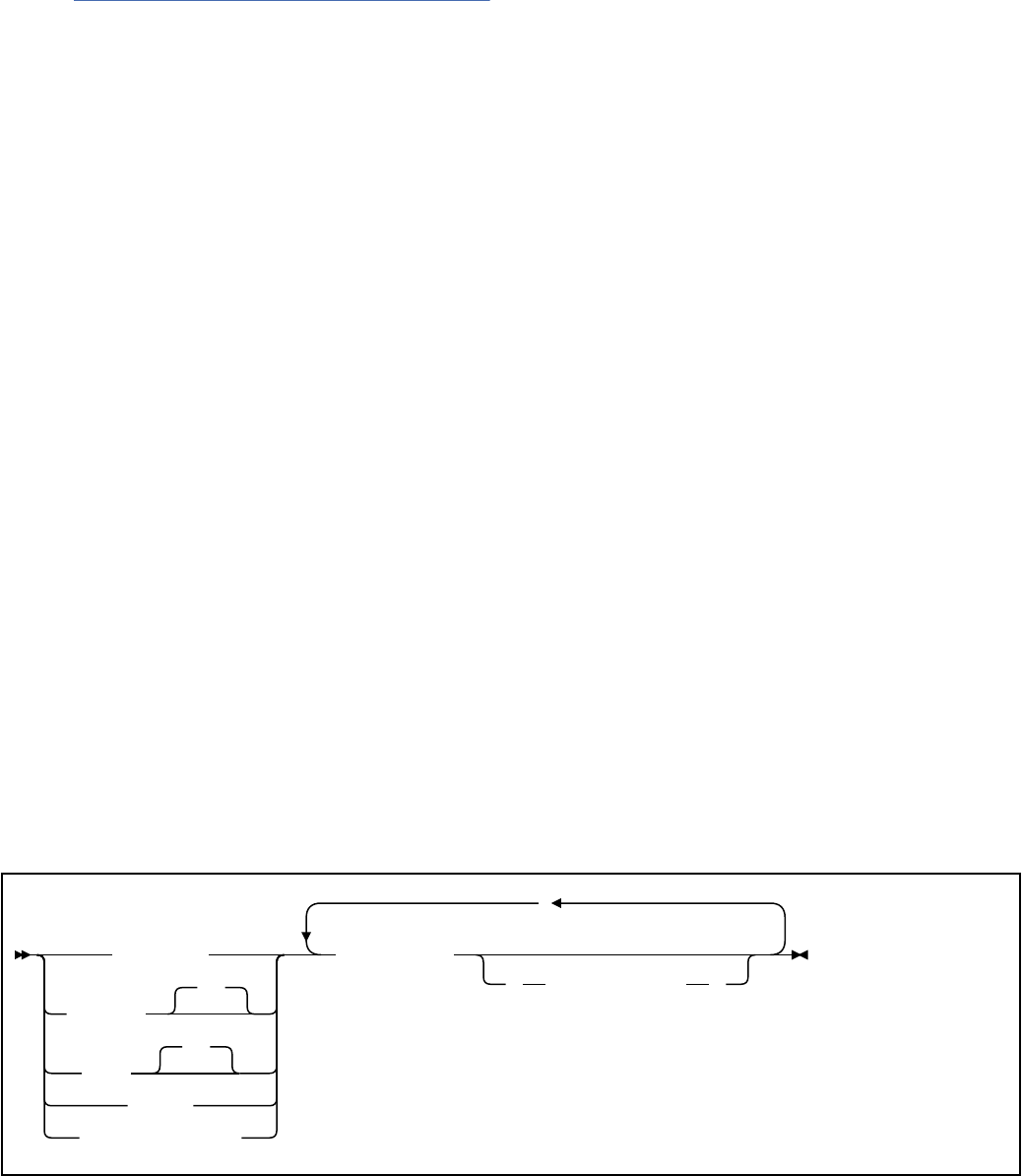
• If you are using the Db2 precompiler, ensure that the names of host variables and host-variable
arrays are unique within the program, even if the variables and variable arrays are in different blocks,
classes, procedures, functions, or subroutines. You can qualify the names with a structure name to
make them unique.
2. Optional: Dene any associated indicator variables, arrays, and structures.
Related tasks
Declaring host variables and indicator variables
You can use host variables and indicator variables in SQL statements in your program to pass data
between Db2 and your application.
Host variables in Fortran
In Fortran programs, you can specify numeric, character, LOB, and ROWID host variables. You can also
specify result set and LOB locators.
Restrictions:
• Only some of the valid Fortran declarations are valid host variable declarations. If the declaration for
a variable is not valid, any SQL statement that references the variable might result in the message
UNDECLARED HOST VARIABLE.
• Fortran supports some data types with no SQL equivalent (for example, REAL*16 and COMPLEX). In
most cases, you can use Fortran statements to convert between the unsupported data types and the
data types that SQL allows.
• You can not use locators as column types.
The following locator data types are Fortran data types and SQL data types:
– Result set locator
– LOB locators
• Because Fortran does not support graphic data types, Fortran applications can process only Unicode
tables that use UTF-8 encoding.
Recommendations:
• Be careful of overflow. For example, if you retrieve an INTEGER column value into a INTEGER*2 host
variable and the column value is larger than 32767 or -32768, you get an overflow warning or an error,
depending on whether you provided an indicator variable.
• Be careful of truncation. For example, if you retrieve an 80-character CHAR column value into a
CHARACTER*70 host variable, the rightmost ten characters of the retrieved string are truncated.
Retrieving a double-precision floating-point or decimal column value into an INTEGER*4 host variable
removes any fractional value.
Numeric host variables
The following diagram shows the syntax for declaring numeric host variables.
INTEGER*2
INTEGER
*4
REAL
*4
REAL*8
DOUBLE PRECISION
,
variable-name
/ numeric-constant /
690
Db2 12 for z/OS: Application Programming and SQL Guide (Last updated: 2024-07-30)
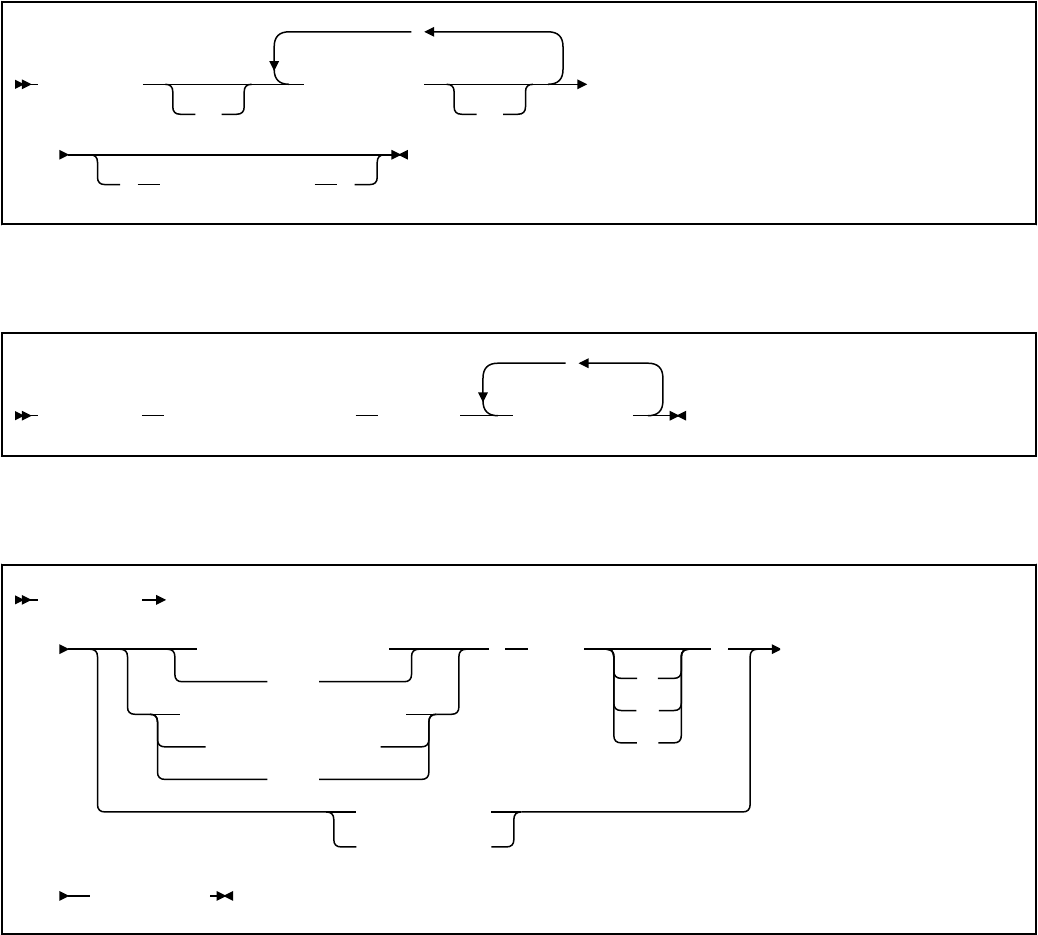
Restrictions:
• Fortran does not provide an equivalent for the decimal data type. To hold a decimal value, use one of the
following variables:
– An integer or floating-point variable, which converts the value. If you use an integer variable, you
lose the fractional part of the number. If the decimal number can exceed the maximum value for
an integer or you want to preserve a fractional value, use a floating-point variable. Floating-point
numbers are approximations of real numbers. Therefore, when you assign a decimal number to a
floating-point variable, the result might be different from the original number.
– A character string host variable. Use the CHAR function to retrieve a decimal value into it.
• The SQL data type DECFLOAT has no equivalent in Fortran.
Character host variables
The following diagram shows the syntax for declaring character host variables other than CLOBs.
CHARACTER
*n
,
variable-name
*n
/ character-constant /
Result set locators
The following diagram shows the syntax for declaring result set locators.
SQL TYPE IS RESULT_SET_LOCATOR VARYING
,
variable-name
LOB variables and locators
The following diagram shows the syntax for declaring BLOB and CLOB host variables and locators.
SQL TYPE IS
BINARY LARGE OBJECT
BLOB
CHARACTER LARGE OBJECT
CHAR LARGE OBJECT
CLOB
( length
K
M
G
)
BLOB_LOCATOR
CLOB_LOCATOR
variable-name
Chapter 4. Embedded SQL programming
691
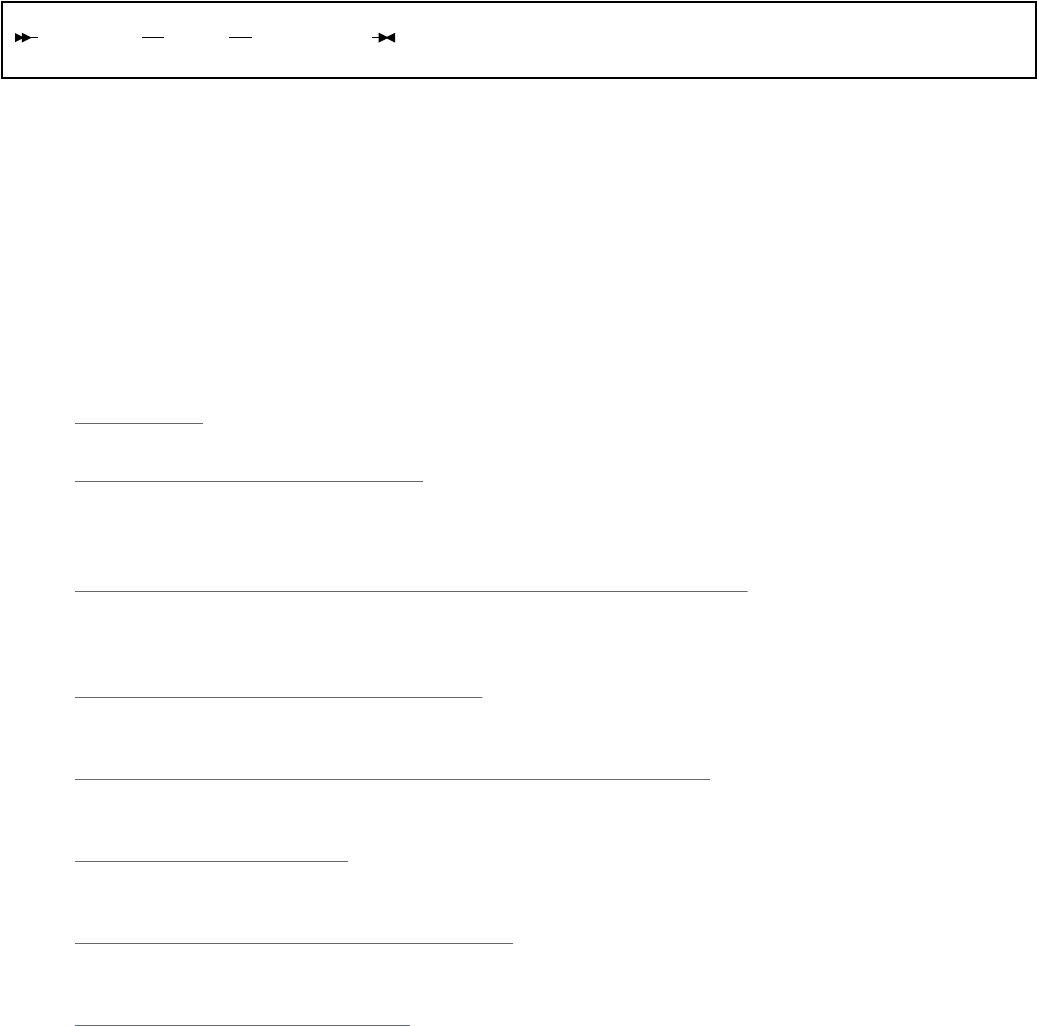
ROWID host variables
The following diagram shows the syntax for declarations of ROWID variables.
SQL TYPE IS ROWID variable-name
Constants
The syntax for constants in Fortran programs differs from the syntax for constants in SQL statements in
the following ways:
• Fortran interprets a string of digits with a decimal point to be a real constant. An SQL statement
interprets such a string to be a decimal constant. Therefore, use exponent notation when specifying a
real (that is, floating-point) constant in an SQL statement.
• In Fortran, a real (floating-point) constant that has a length of 8 bytes uses a D as the exponent
indicator (for example, 3.14159D+04). An 8-byte floating-point constant in an SQL statement must use
an E (for example, 3.14159E+04).
Related concepts
Host variables
Use host variables to pass a single data item between Db2 and your application.
Using host variables in SQL statements
Use scalar host variables in embedded SQL statements to represent a single value. Host variables are
useful for storing retrieved data or for passing values that are to be assigned or used for comparisons.
Related tasks
Determining whether a retrieved value in a host variable is null or truncated
Before your application manipulates the data that was retrieved from Db2 into a host variable, determine
if the value is null. Also determine if it was truncated when assigned to the variable. You can use indicator
variables to obtain this information.
Inserting a single row by using a host variable
Use host variables in your INSERT statement when you don't know at least some of the values to insert
until the program runs.
Inserting null values into columns by using indicator variables or arrays
If you need to insert null values into a column, using an indicator variable or array is an easy way to do so.
An indicator variable or array is associated with a particular host variable or host-variable array.
Storing LOB data in Db2 tables
Db2 handles LOB data differently than other kinds of data. As a result, you sometimes need to take
additional actions when you dene LOB columns and insert the LOB data.
Retrieving a single row of data into host variables
If you know that your query returns only one row, you can specify one or more host variables to contain
the column values of the retrieved row.
Updating data by using host variables
When you want to update a value in a Db2 table, but you do not know the exact value until the program
runs, use host variables. Db2 can change a table value to match the current value of the host variable.
Indicator variables in Fortran
An indicator variable is a 2-byte integer (INTEGER*2). You declare indicator variables in the same way as
host variables. You can mix the declarations of the two types of variables.
The following diagram shows the syntax for declaring an indicator variable in Fortran.
692
Db2 12 for z/OS: Application Programming and SQL Guide (Last updated: 2024-07-30)

INTEGER*2
,
variable-name
/ numeric-constant /
Example
The following example shows a FETCH statement with the declarations of the host variables that are
needed for the FETCH statement and their associated indicator variables.
EXEC SQL FETCH CLS_CURSOR INTO :CLSCD,
C :DAY :DAYIND,
C :BGN :BGNIND,
C :END :ENDIND
You can declare these variables as follows:
CHARACTER*7 CLSCD
INTEGER*2 DAY
CHARACTER*8 BGN, END
INTEGER*2 DAYIND, BGNIND, ENDIND
Related concepts
Indicator variables, arrays, and structures
An indicator variable is associated with a particular host variable. Each indicator variable contains a small
integer value that indicates some information about the associated host variable. Indicator arrays and
structures serve the same purpose for host-variable arrays and structures.
Related tasks
Inserting null values into columns by using indicator variables or arrays
If you need to insert null values into a column, using an indicator variable or array is an easy way to do so.
An indicator variable or array is associated with a particular host variable or host-variable array.
Handling SQL error codes in Fortran applications
Fortran applications can request more information about SQL error codes by using the DSNTIAR
subroutine or issuing a GET DIAGNOSTICS statement.
Procedure
To request more information about SQL errors from Fortran programs, use the following approaches:
• You can use the subroutine DSNTIR to convert an SQL return code into a text message. DSNTIR builds
a parameter list and calls DSNTIAR for you.
DSNTIAR takes data from the SQLCA, formats it into a message, and places the result in a message
output area that you provide in your application program. For concepts and more information on the
behavior of DSNTIAR, see “Displaying SQLCA elds by calling DSNTIAR” on page 527
.
DSNTIAR syntax
DSNTIAR has the following syntax:
CALL DSNTIR ( error-length, message, return-code )
DSNTIAR parameters
The DSNTIR parameters have the following meanings:
error-length
The total length of the message output area.
Chapter 4. Embedded SQL programming
693
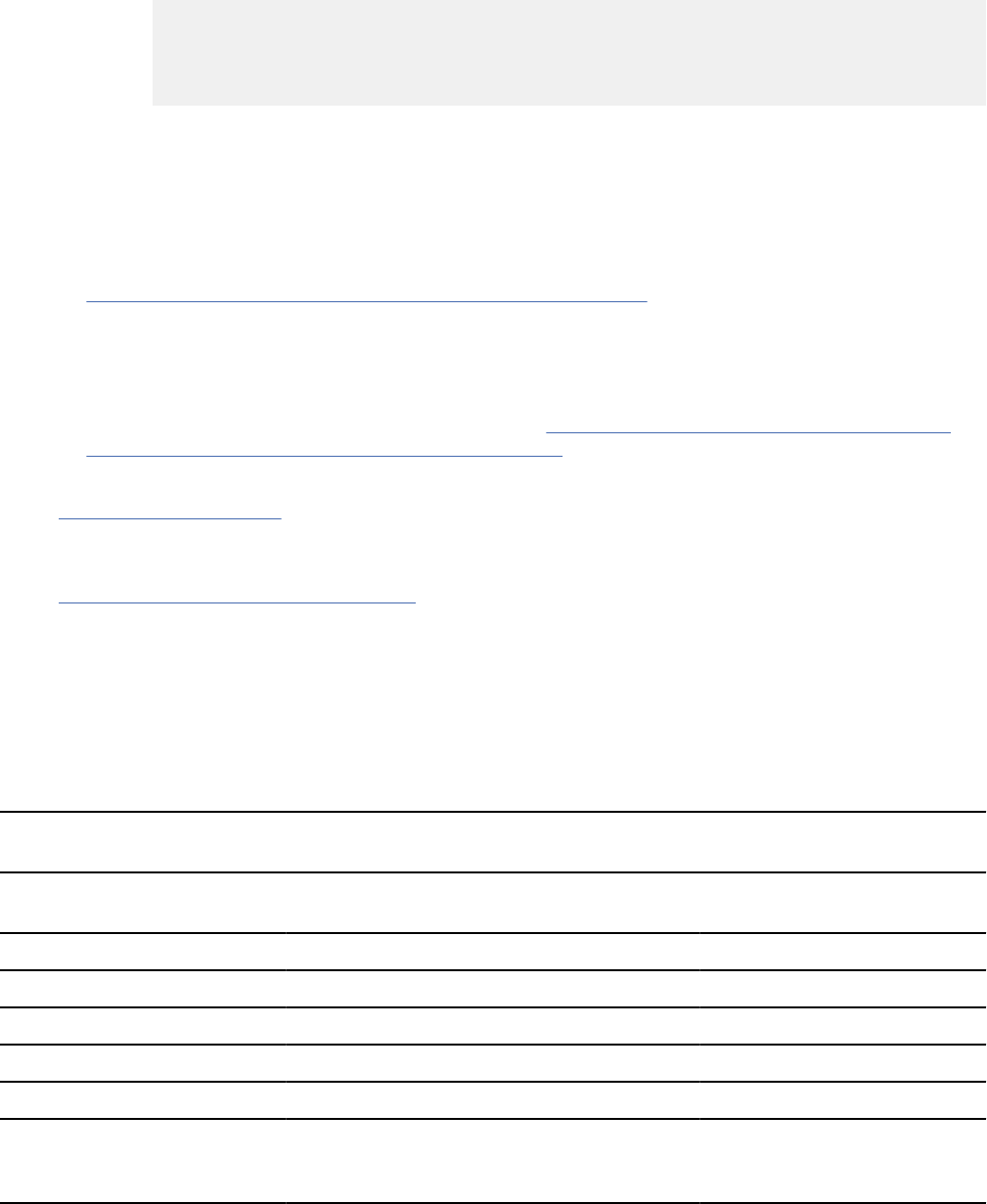
message
An output area, in VARCHAR format, in which DSNTIAR places the message text. The rst
halfword contains the length of the remaining area; its minimum value is 240.
The output lines of text are put into this area. For example, you could specify the format of the
output area as:
INTEGER ERRLEN /1320/
CHARACTER*132 ERRTXT(10)
INTEGER ICODE
⋮
CALL DSNTIR ( ERRLEN, ERRTXT, ICODE )
where ERRLEN is the total length of the message output area, ERRTXT is the name of the
message output area, and ICODE is the return code.
return-code
Accepts a return code from DSNTIAR.
An example of calling DSNTIR (which then calls DSNTIAR) from an application appears in the Db2
sample assembler program DSN8BF3, which is contained in the library DSN8C10.SDSNSAMP. See
“Sample applications supplied with Db2 for z/OS” on page 1032
for instructions on how to access and
print the source code for the sample program.
• You can also use the MESSAGE_TEXT condition item eld of the GET DIAGNOSTICS statement to
convert an SQL return code into a text message. Programs that require long token message support
should code the GET DIAGNOSTICS statement instead of DSNTIAR.
For more information about GET DIAGNOSTICS, see “Checking the execution of SQL statements by
using the GET DIAGNOSTICS statement ” on page 532.
Related tasks
Handling SQL error codes
Application programs can request more information about SQL error codes from Db2.
Related reference
GET DIAGNOSTICS statement (Db2 SQL)
Equivalent SQL and Fortran data types
When you declare host variables in your Fortran programs, the precompiler uses equivalent SQL data
types. When you retrieve data of a particular SQL data type into a host variable, ensure that the host
variable is of an equivalent data type.
The following table describes the SQL data type and the base SQLTYPE and SQLLEN values that the
precompiler uses for host variables in SQL statements.
Table 113. SQL data types, SQLLEN values, and SQLTYPE values that the precompiler uses for host variables in
Fortran programs
Fortran host variable data
type
SQLTYPE of host
variable
1
SQLLEN of host variable SQL data type
INTEGER*2 500 2 SMALLINT
INTEGER*4 496 4 INTEGER
REAL*4 480 4 FLOAT (single precision)
REAL*8 480 8 FLOAT (double precision)
CHARACTER*n 452 n CHAR(n)
SQL TYPE IS
RESULT_SET_LOCATOR
972 4 Result set locator. Do not use
this data type as a column
type.
694Db2 12 for z/OS: Application Programming and SQL Guide (Last updated: 2024-07-30)
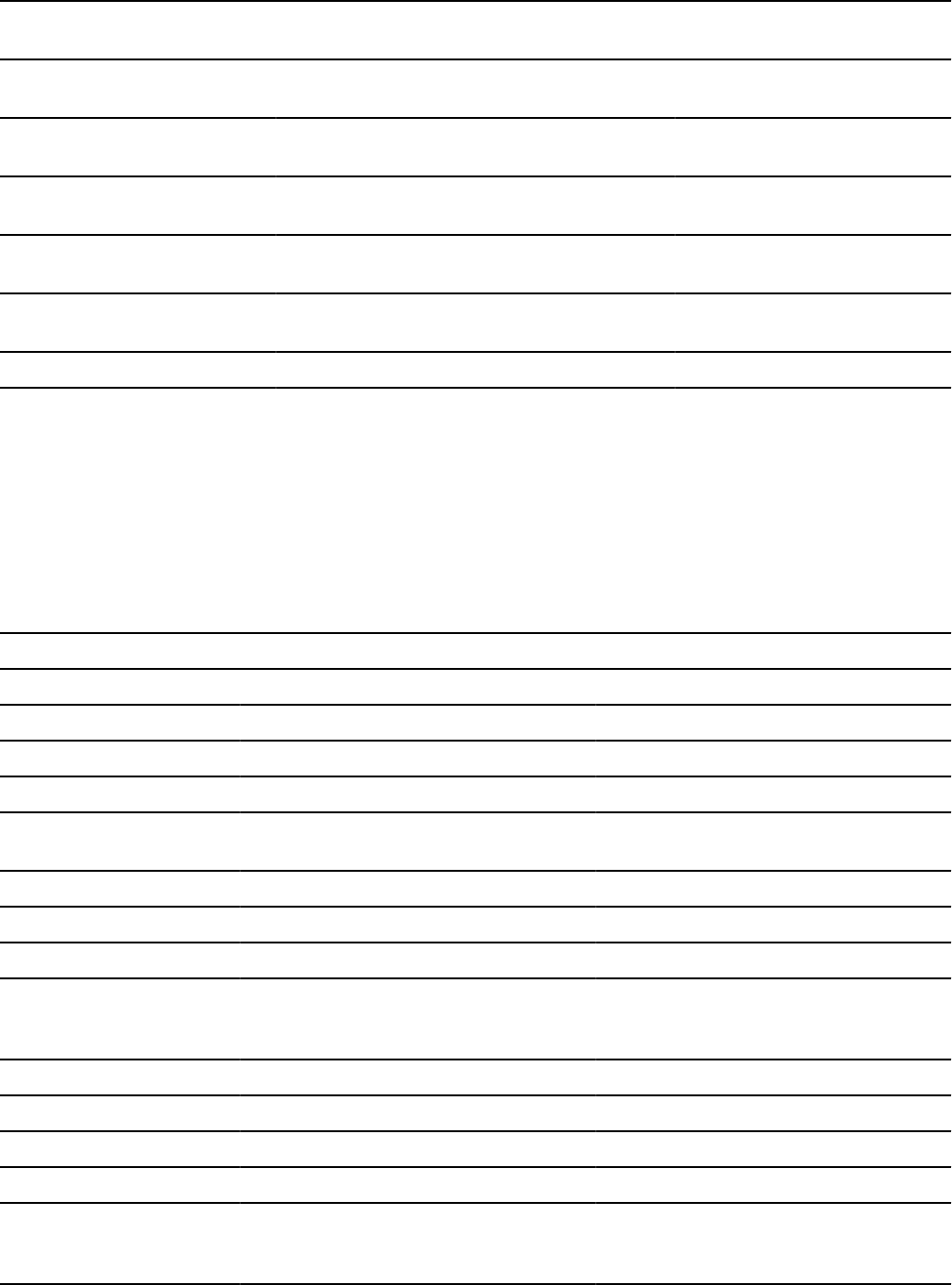
Table 113. SQL data types, SQLLEN values, and SQLTYPE values that the precompiler uses for host variables in
Fortran programs (continued)
Fortran host variable data
type
SQLTYPE of host
variable
1
SQLLEN of host variable SQL data type
SQL TYPE IS BLOB_LOCATOR 960 4 BLOB locator. Do not use this
data type as a column type.
SQL TYPE IS CLOB_LOCATOR 964 4 CLOB locator. Do not use this
data type as a column type.
SQL TYPE IS BLOB(n)
1≤n≤2147483647
404 n BLOB(n)
SQL TYPE IS CLOB(n)
1≤n≤2147483647
408 n CLOB(n)
SQL TYPE IS ROWID 904 40 ROWID
Notes:
1. If a host variable includes an indicator variable, the SQLTYPE value is the base SQLTYPE value plus 1.
The following table shows equivalent Fortran host variables for each SQL data type. Use this table to
determine the Fortran data type for host variables that you dene to receive output from the database.
For example, if you retrieve TIMESTAMP data, you can dene a variable of type CHARACTER*n.
This table shows direct conversions between SQL data types and Fortran data types. However, a number
of SQL data types are compatible. When you do assignments or comparisons of data that have compatible
data types, Db2 converts those compatible data types.
Table 114. Fortran host variable equivalents that you can use when retrieving data of a particular SQL data type
SQL data type Fortran host variable equivalent Notes
SMALLINT INTEGER*2
INTEGER INTEGER*4
BIGINT not supported
DECIMAL(p,s) or
NUMERIC(p,s)
no exact equivalent Use REAL*8
FLOAT(n) single precision REAL*4 1<=n<=21
FLOAT(n) double precision REAL*8 22<=n<=53
CHAR(n) CHARACTER*n 1<=n<=255
VARCHAR(n) no exact equivalent Use a character host variable that is
large enough to contain the largest
expected VARCHAR value.
BINARY not supported
VARBINARY not supported
GRAPHIC(n) not supported
VARGRAPHIC(n) not supported
DATE CHARACTER*n If you are using a date exit routine, n is
determined by that routine; otherwise, n
must be at least 10.
Chapter 4. Embedded SQL programming695
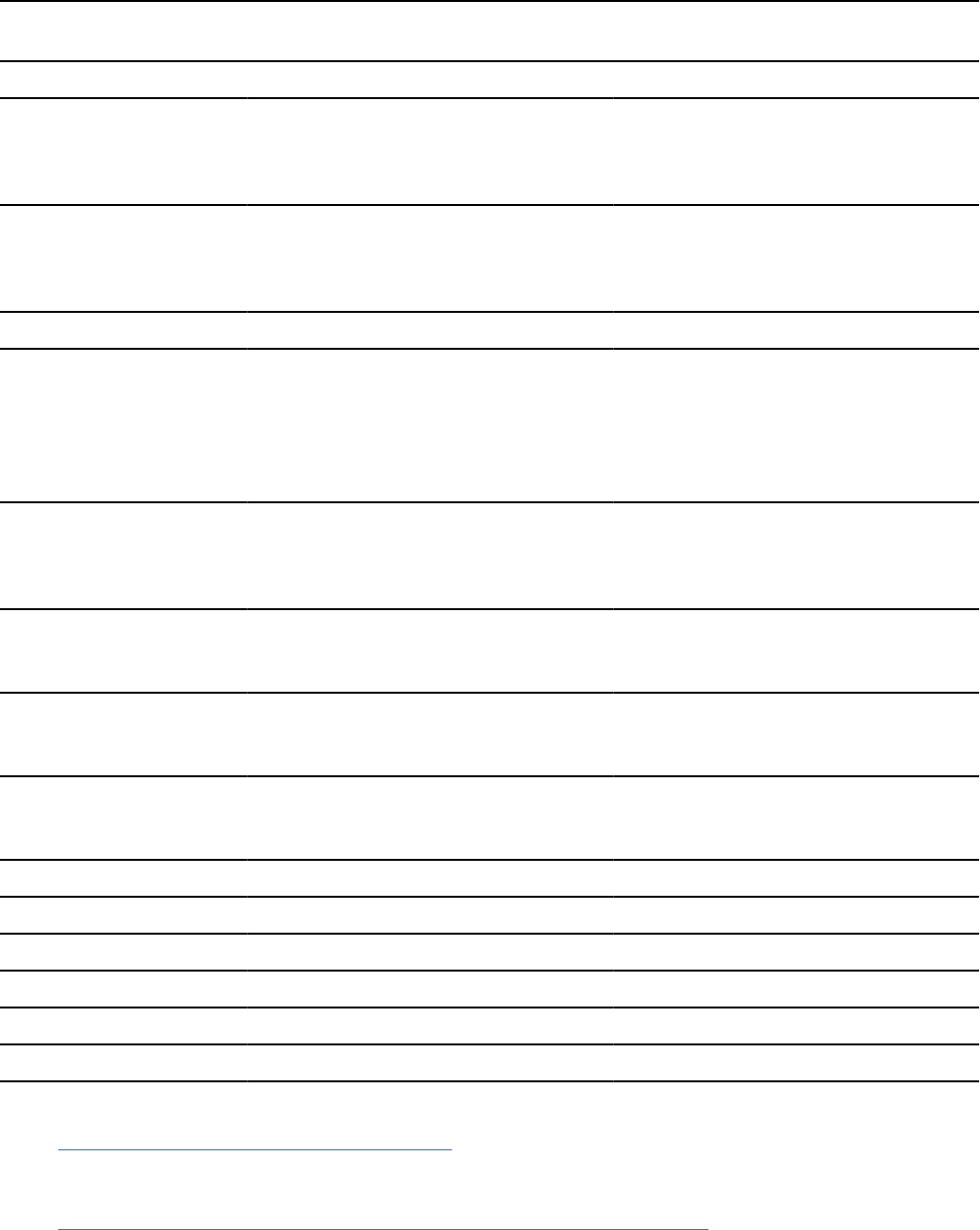
Table 114. Fortran host variable equivalents that you can use when retrieving data of a particular SQL data type
(continued)
SQL data type Fortran host variable equivalent Notes
TIME CHARACTER*n If you are using a time exit routine, n is
determined by that routine. Otherwise, n
must be at least 6; to include seconds, n
must be at least 8.
TIMESTAMP CHARACTER*n n must be at least 19. To include
microseconds, n must be 26; if n is
less than 26, truncation occurs on the
microseconds part.
TIMESTAMP(0) CHARACTER*n n must be at least 19.
TIMESTAMP(p) p > 0 CHARACTER*n n must be at least 19. To include
fractional seconds, n must be 20+x
where x is the number of fractional
seconds to include; if x is less than
p, truncation occurs on the fractional
seconds part.
TIMESTAMP(p) WITH
TIME ZONE
no exact equivalent Use a character host variable that is
large enough to contain the largest
expected timestamp with time zone
value.
Result set locator SQL TYPE IS RESULT_SET_LOCATOR Use this data type only for receiving
result sets. Do not use this data type as
a column type.
BLOB locator SQL TYPE IS BLOB_LOCATOR Use this data type only to manipulate
data in BLOB columns. Do not use this
data type as a column type.
1
CLOB locator SQL TYPE IS CLOB_LOCATOR Use this data type only to manipulate
data in CLOB columns. Do not use this
data type as a column type.
1
DBCLOB locator not supported
BLOB(n) SQL TYPE IS BLOB(n) 1≤n≤2147483647
1
CLOB(n) SQL TYPE IS CLOB(n) 1≤n≤2147483647
1
DBCLOB(n) not supported
ROWID SQL TYPE IS ROWID
XML not supported
Related concepts
Compatibility of SQL and language data types
The host variable data types that are used in SQL statements must be compatible with the data types of
the columns with which you intend to use them.
LOB host variable, LOB locator, and LOB le reference variable declarations
696
Db2 12 for z/OS: Application Programming and SQL Guide (Last updated: 2024-07-30)

When you write applications to manipulate LOB data, you need to declare host variables to hold the LOB
data or LOB locator. Alternatively, you need to declare LOB le reference variables to point to the LOB
data.
PL/I applications that issue SQL statements
You can code SQL statements in a PL/I program wherever you can use executable statements.
The rst statement of the PL/I program must be the PROCEDURE statement with OPTIONS(MAIN), unless
the program is a stored procedure. A stored procedure application can run as a subroutine.
Each SQL statement in a PL/I program must begin with EXEC SQL and end with a semicolon (;). The EXEC
and SQL keywords must appear must appear on one line, but the remainder of the statement can appear
on subsequent lines.
You might code an UPDATE statement in a PL/I program as follows:
EXEC SQL UPDATE DSN8C10.DEPT
SET MGRNO = :MGR_NUM
WHERE DEPTNO = :INT_DEPT ;
Comments
You can include PL/I comments in embedded SQL statements wherever you can use a blank, except
between the keywords EXEC and SQL. You can also include SQL comments in any SQL statement. For
more information, see SQL comments (Db2 SQL).
To include DBCS characters in comments, you must delimit the characters by a shift-out and shift-in
control character; the rst shift-in character in the DBCS string signals the end of the DBCS string.
Continuation for SQL statements
The line continuation rules for SQL statements are the same as those for other PL/I statements,
except that you must specify EXEC SQL on one line.
Delimiters for SQL statements
Delimit an SQL statement in your PL/I program with the beginning keyword EXEC SQL and a
Semicolon (;).
Declaring tables and views
Your PL/I program should include a DECLARE TABLE statement to describe each table and view the
program accesses. You can use the Db2 declarations generator (DCLGEN) to generate the DECLARE
TABLE statements.
Including code
You can use SQL statements or PL/I host variable declarations from a member of a partitioned
data set by using the following SQL statement in the source code where you want to include the
statements:
EXEC SQL INCLUDE member-name;
You cannot nest SQL INCLUDE statements. Do not use the PL/I %INCLUDE statement to include
SQL statements or host variable DCL statements. You must use the PL/I preprocessor to resolve any
%INCLUDE statements before you use the Db2 precompiler. Do not use PL/I preprocessor directives
within SQL statements.
Margins
Code SQL statements in columns 2–72, unless you have specied other margins to the Db2
precompiler. If EXEC SQL starts before the specied left margin, the Db2 precompiler does not
recognize the SQL statement.
Names
You can use any valid PL/I name for a host variable. Do not use external entry names or access plan
names that begin with 'DSN', and do not use host variable names that begin with 'SQL'. These names
are reserved for Db2.
Chapter 4. Embedded SQL programming
697

Sequence numbers
The source statements that the Db2 precompiler generates do not include sequence numbers.
IEL0378I messages from the PL/I compiler identify lines of code without sequence numbers. You
can ignore these messages.
Statement labels
You can specify a statement label for executable SQL statements. However, the INCLUDE text-le-
name and END DECLARE SECTION statements cannot have statement labels.
WHENEVER statement
The target for the GOTO clause in an SQL statement WHENEVER must be a label in the PL/I source
code and must be within the scope of any SQL statements that WHENEVER affects.
Using double-byte character set (DBCS) characters
The following considerations apply to using DBCS in PL/I programs with SQL statements:
• If you use DBCS in the PL/I source, Db2 rules for the following language elements apply:
– Graphic strings
– Graphic string constants
– Host identiers
– Mixed data in character strings
– MIXED DATA option
• The PL/I preprocessor transforms the format of DBCS constants. If you do not want that
transformation, run the Db2 precompiler before the preprocessor.
• If you use graphic string constants or mixed data in dynamically prepared SQL statements, and
if your application requires the PL/I Version 2 (or later) compiler, the dynamically prepared
statements must use the PL/I mixed constant format.
– If you prepare the statement from a host variable, change the string assignment to a PL/I mixed
string.
– If you prepare the statement from a PL/I string, change that to a host variable, and then change
the string assignment to a PL/I mixed string.
Example:
SQLSTMT = 'SELECT <dbdb> FROM table-name'M;
EXEC SQL PREPARE STMT FROM :SQLSTMT;
• If you want a DBCS identier to resemble a PL/I graphic string, you must use a delimited identier.
• If you include DBCS characters in comments, you must delimit the characters with a shift-out and
shift-in control character. The rst shift-in character signals the end of the DBCS string.
• You can declare host variable names that use DBCS characters in PL/I application programs. The
rules for using DBCS variable names in PL/I follow existing rules for DBCS SQL ordinary identiers,
except for length. The maximum length for a host variable is 128 Unicode bytes in Db2. For
information about the rules for DBCS SQL ordinary identiers, see the information about SQL
identiers.
Restrictions:
– DBCS variable names must contain DBCS characters only. Mixing single-byte character set (SBCS)
characters with DBCS characters in a DBCS variable name produces unpredictable results.
– A DBCS variable name cannot continue to the next line.
• The PL/I preprocessor changes non-Kanji DBCS characters into extended binary coded decimal
interchange code (EBCDIC) SBCS characters. To avoid this change, use Kanji DBCS characters for
DBCS variable names, or run the PL/I compiler without the PL/I preprocessor.
Special PL/I considerations
The following considerations apply to programs written in PL/I:
698
Db2 12 for z/OS: Application Programming and SQL Guide (Last updated: 2024-07-30)

• When compiling a PL/I program that includes SQL statements, you must use the PL/I compiler
option CHARSET (60 EBCDIC).
• When compiling a PL/I program that uses BIGINT or LOB data types, specify the following compiler
options: LIMITS(FIXEDBIN(63), FIXEDDEC(31))
• In unusual cases, the generated comments in PL/I can contain a semicolon. The semicolon
generates compiler message IEL0239I, which you can ignore.
• The generated code in a PL/I declaration can contain the ADDR function of a eld dened as
character varying. This produces either message IBM105l l or IBM1180l W, both of which you can
ignore.
• The precompiler generated code in PL/I source can contain the NULL() function. This produces
message IEL0533I, which you can ignore unless you also use NULL as a PL/I variable. If you use
NULL as a PL/I variable in a Db2 application, you must also declare NULL as a built-in function (DCL
NULL BUILTIN;) to avoid PL/I compiler errors.
• The PL/I macro processor can generate SQL statements or host variable DCL statements if you run
the macro processor before running the Db2 precompiler.
If you use the PL/I macro processor, do not use the PL/I *PROCESS statement in the source to pass
options to the PL/I compiler. You can specify the needed options on the COPTION parameter of the
DSNH command or the option PARM.PLI=options of the EXEC statement in the DSNHPLI procedure.
• Using the PL/I multitasking facility, in which multiple tasks execute SQL statements, causes
unpredictable results.
• PL/I WIDECHAR host data type is supported through the Db2 coprocessor only.
• When you use PL/I WX widechar constant, Db2 supports only bigendian format. Thus, when you
assign a constant to the widechar type host variable in PL/I, ensure that bigendian format is used.
For example:
HVWC1 = '003100320033006100620063'WX;
Equivalent to:
HVWC1 = '123abc';
HVWC1 is dened as a WIDECHAR type host variable.
• PL/I SQL Preprocessor option, CCSID0 and NOCCSID0, usage consideration when used with the
Db2 coprocessor.
– When you use CCSID0 (default), it promotes compatibility with older PL/I programs, which used
the Db2 precompiler. During program preparation, no CCSID value is associated with the host
variable except for the WIDECHAR type host variable. For WIDECHAR type host variable, CCSID
1200 is always assigned by the PL/I SQL Preprocessor.
During BIND and runtime, if no CCSID is associated with the host variable, the BIND option,
ENCODING, which is meant for the application data, is used. If the ENCODING BIND option is not
specied, then the default value for the ENCODING BIND option is used.
– When you use NOCCSID0, a CCSID is associated with the host variable during program
preparation. The CCSID is derived from the following items during program preparation:
- DECLARE :hv VARIABLE CCSID xxxx specied.
- Source CCSID, if no DECLARE VARIABLE ... CCSID xxxx is specied for the host variable. During
BIND time, note the CCSID assigned to the host variable during program preparation is not
known to the BIND process. For more information about BIND time CCSID resolution, see
Determining the encoding scheme and CCSID of a string (Introduction to Db2 for z/OS).
For host variable used in static SQL, ensuring accurate and matching CCSID is assigned/derived
through DECLARE VARIABLE ... CCSID xxxx, source CCSID or ENCODING BIND option or the
installation default
Chapter 4. Embedded SQL programming
699

For parameter marker used in dynamic SQL, ensuring accurate CCSID for the corresponding
host variable is assigned/derived through DECLARE VARIABLE ... CCSID xxxx, ENCODING BIND
option or the installation default. The source CCSID has no influence on parameter marker.
Handling SQL error codes
PLI/I applications can request more information about SQL errors from Db2. For more information,
see “Handling SQL error codes in PL/I applications” on page 703.
Related concepts
DCLGEN (declarations generator)
Your program should declare the tables and views that it accesses. The Db2 declarations generator,
DCLGEN, produces these DECLARE statements for C, COBOL, and PL/I programs, so that you do not need
to code the statements yourself. DCLGEN also generates corresponding host variable structures.
Using host-variable arrays in SQL statements
Use host-variable arrays in embedded SQL statements to represent values that the program does not
know until the query is executed. Host-variable arrays are useful for storing a set of retrieved values or for
passing a set of values that are to be inserted into a table.
Identiers in SQL (Db2 SQL)
Related tasks
Overview of programming applications that access Db2 for z/OS data
Applications that interact with Db2 must rst connect to Db2. They can then read, add, or modify data or
manipulate Db2 objects.
Including dynamic SQL in your program
Dynamic SQL is prepared and executed while the program is running.
Handling SQL error codes
Application programs can request more information about SQL error codes from Db2.
Setting limits for system resource usage by using the resource limit facility (Db2 Performance)
PL/I programming examples
You can write Db2 programs in PL/I. These programs can access a local or remote Db2 subsystem and
can execute static or dynamic SQL statements. This information contains several such programming
examples.
To prepare and run these applications, use the JCL in prex.SDSNSAMP as a model for your JCL.
Related reference
Assembler, C, C++, COBOL, PL/I, and REXX programming examples (Db2 Programming samples)
Example PL/I program that calls a stored procedure
You can call the GETPRML stored procedure that uses the GENERAL WITH NULLS linkage convention from
a PL/I program on a z/OS system.
The following gure contains the example PL/I program that calls the GETPRML stored procedure.
700
Db2 12 for z/OS: Application Programming and SQL Guide (Last updated: 2024-07-30)

*PROCESS SYSTEM(MVS);
CALPRML:
PROC OPTIONS(MAIN);
/************************************************************/
/* Declare the parameters used to call the GETPRML */
/* stored procedure. */
/************************************************************/
DECLARE PROCNM CHAR(18), /* INPUT parm -- PROCEDURE name */
SCHEMA CHAR(8), /* INPUT parm -- User's schema */
OUT_CODE FIXED BIN(31),
/* OUTPUT -- SQLCODE from the */
/* SELECT operation. */
PARMLST CHAR(254) /* OUTPUT -- RUNOPTS for */
VARYING, /* the matching row in the */
/* catalog table SYSROUTINES */
PARMIND FIXED BIN(15);
/* PARMLST indicator variable */
/************************************************************/
/* Include the SQLCA */
/************************************************************/
EXEC SQL INCLUDE SQLCA;
/************************************************************/
/* Call the GETPRML stored procedure to retrieve the */
/* RUNOPTS values for the stored procedure. In this */
/* example, we request the RUNOPTS values for the */
/* stored procedure named DSN8EP2. */
/************************************************************/
PROCNM = 'DSN8EP2';
/* Input parameter -- PROCEDURE to be found */
SCHEMA = ' ';
/* Input parameter -- SCHEMA in SYSROUTINES */
PARMIND = -1; /* The PARMLST parameter is an output parm. */
/* Mark PARMLST parameter as null, so the DB2 */
/* requester does not have to send the entire */
/* PARMLST variable to the server. This */
/* helps reduce network I/O time, because */
/* PARMLST is fairly large. */
EXEC SQL
CALL GETPRML(:PROCNM,
:SCHEMA,
:OUT_CODE,
:PARMLST INDICATOR :PARMIND);
IF SQLCODE¬=0 THEN /* If SQL CALL failed, */
DO;
PUT SKIP EDIT('SQL CALL failed due to SQLCODE = ',
SQLCODE) (A(34),A(14));
PUT SKIP EDIT('SQLERRM = ',
SQLERRM) (A(10),A(70));
END;
ELSE /* If the CALL worked, */
IF OUT_CODE¬=0 THEN /* Did GETPRML hit an error? */
PUT SKIP EDIT('GETPRML failed due to RC = ',
OUT_CODE) (A(33),A(14));
ELSE /* Everything worked. */
PUT SKIP EDIT('RUNOPTS = ', PARMLST) (A(11),A(200));
RETURN;
END CALPRML;
Figure 42. Calling a stored procedure from a PL/I program
Example PL/I stored procedure with a GENERAL linkage convention
You can call a stored procedure that uses the GENERAL linkage convention from a PL/I program.
This example stored procedure searches the Db2 SYSIBM.SYSROUTINES catalog table for a row that
matches the input parameters from the client program. The two input parameters contain values for
NAME and SCHEMA.
The linkage convention for this stored procedure is GENERAL.
The output parameters from this stored procedure contain the SQLCODE from the SELECT operation, and
the value of the RUNOPTS column retrieved from the SYSIBM.SYSROUTINES table.
The CREATE PROCEDURE statement for this stored procedure might look like this:
Chapter 4. Embedded SQL programming
701

CREATE PROCEDURE GETPRML(PROCNM CHAR(18) IN, SCHEMA CHAR(8) IN,
OUTCODE INTEGER OUT, PARMLST VARCHAR(254) OUT)
LANGUAGE PLI
DETERMINISTIC
READS SQL DATA
EXTERNAL NAME "GETPRML"
COLLID GETPRML
ASUTIME NO LIMIT
PARAMETER STYLE GENERAL
STAY RESIDENT NO
RUN OPTIONS "MSGFILE(OUTFILE),RPTSTG(ON),RPTOPTS(ON)"
WLM ENVIRONMENT SAMPPROG
PROGRAM TYPE MAIN
SECURITY DB2
RESULT SETS 0
COMMIT ON RETURN NO;
The following example is a PL/I stored procedure with linkage convention GENERAL.
*PROCESS SYSTEM(MVS);
GETPRML:
PROC(PROCNM, SCHEMA, OUT_CODE, PARMLST)
OPTIONS(MAIN NOEXECOPS REENTRANT);
DECLARE PROCNM CHAR(18), /* INPUT parm -- PROCEDURE name */
SCHEMA CHAR(8), /* INPUT parm -- User's SCHEMA */
OUT_CODE FIXED BIN(31), /* OUTPUT -- SQLCODE from */
/* the SELECT operation. */
PARMLST CHAR(254) /* OUTPUT -- RUNOPTS for */
VARYING; /* the matching row in */
/* SYSIBM.SYSROUTINES */
EXEC SQL INCLUDE SQLCA;
/************************************************************/
/* Execute SELECT from SYSIBM.SYSROUTINES in the catalog. */
/************************************************************/
EXEC SQL
SELECT RUNOPTS INTO :PARMLST
FROM SYSIBM.SYSROUTINES
WHERE NAME=:PROCNM AND
SCHEMA=:SCHEMA;
OUT_CODE = SQLCODE; /* return SQLCODE to caller */
RETURN;
END GETPRML;
Example PL/I stored procedure with a GENERAL WITH NULLS linkage
convention
You can call a stored procedure that uses the GENERAL WITH NULLS linkage convention from a PL/I
program.
This example stored procedure searches the Db2 SYSIBM.SYSROUTINES catalog table for a row that
matches the input parameters from the client program. The two input parameters contain values for
NAME and SCHEMA.
The linkage convention for this stored procedure is GENERAL WITH NULLS.
The output parameters from this stored procedure contain the SQLCODE from the SELECT operation, and
the value of the RUNOPTS column retrieved from the SYSIBM.SYSROUTINES table.
The CREATE PROCEDURE statement for this stored procedure might look like this:
CREATE PROCEDURE GETPRML(PROCNM CHAR(18) IN, SCHEMA CHAR(8) IN,
OUTCODE INTEGER OUT, PARMLST VARCHAR(254) OUT)
LANGUAGE PLI
DETERMINISTIC
READS SQL DATA
EXTERNAL NAME "GETPRML"
COLLID GETPRML
ASUTIME NO LIMIT
702
Db2 12 for z/OS: Application Programming and SQL Guide (Last updated: 2024-07-30)

PARAMETER STYLE GENERAL WITH NULLS
STAY RESIDENT NO
RUN OPTIONS "MSGFILE(OUTFILE),RPTSTG(ON),RPTOPTS(ON)"
WLM ENVIRONMENT SAMPPROG
PROGRAM TYPE MAIN
SECURITY DB2
RESULT SETS 0
COMMIT ON RETURN NO;
The following example is a PL/I stored procedure with linkage convention GENERAL WITH NULLS.
*PROCESS SYSTEM(MVS);
GETPRML:
PROC(PROCNM, SCHEMA, OUT_CODE, PARMLST, INDICATORS)
OPTIONS(MAIN NOEXECOPS REENTRANT);
DECLARE PROCNM CHAR(18), /* INPUT parm -- PROCEDURE name */
SCHEMA CHAR(8), /* INPUT parm -- User's schema */
OUT_CODE FIXED BIN(31), /* OUTPUT -- SQLCODE from */
/* the SELECT operation. */
PARMLST CHAR(254) /* OUTPUT -- PARMLIST for */
VARYING; /* the matching row in */
/* SYSIBM.SYSROUTINES */
DECLARE 1 INDICATORS, /* Declare null indicators for */
/* input and output parameters. */
3 PROCNM_IND FIXED BIN(15),
3 SCHEMA_IND FIXED BIN(15),
3 OUT_CODE_IND FIXED BIN(15),
3 PARMLST_IND FIXED BIN(15);
EXEC SQL INCLUDE SQLCA;
IF PROCNM_IND<0 |
SCHEMA_IND<0 THEN
DO; /* If any input parm is NULL, */
OUT_CODE = 9999; /* Set output return code. */
OUT_CODE_IND = 0;
/* Output return code is not NULL.*/
PARMLST_IND = -1; /* Assign NULL value to PARMLST. */
END;
ELSE /* If input parms are not NULL, */
DO; /* */
/************************************************************/
/* Issue the SQL SELECT against the SYSIBM.SYSROUTINES */
/* DB2 catalog table. */
/************************************************************/
EXEC SQL
SELECT RUNOPTS INTO :PARMLST
FROM SYSIBM.SYSROUTINES
WHERE NAME=:PROCNM AND
SCHEMA=:SCHEMA;
PARMLST_IND = 0; /* Mark PARMLST as not NULL. */
OUT_CODE = SQLCODE; /* return SQLCODE to caller */
OUT_CODE_IND = 0;
OUT_CODE_IND = 0; /* Output return code is not NULL.*/
END;
RETURN;
END GETPRML;
Handling SQL error codes in PL/I applications
PL/I applications can request more information about SQL error codes by using the DSNTIAR subroutine
or issuing a GET DIAGNOSTICS statement.
Procedure
To request information about SQL errors in PL/I programs, use the following approaches:
• You can use the subroutine DSNTIAR to convert an SQL return code into a text message.
Chapter 4. Embedded SQL programming
703

DSNTIAR takes data from the SQLCA, formats it into a message, and places the result in a message
output area that you provide in your application program. For concepts and more information on the
behavior of DSNTIAR, see “Displaying SQLCA elds by calling DSNTIAR” on page 527.
DSNTIAR syntax
CALL DSNTIAR ( sqlca, message, lrecl );
DSNTIAR parameters
The DSNTIAR parameters have the following meanings:
sqlca
An SQL communication area.
message
An output area, in VARCHAR format, in which DSNTIAR places the message text. The rst
halfword contains the length of the remaining area; its minimum value is 240.
The output lines of text, each line being the length specied in lrecl, are put into this area. For
example, you could specify the format of the output area as:
DCL DATA_LEN FIXED BIN(31) INIT(132);
DCL DATA_DIM FIXED BIN(31) INIT(10);
DCL 1 ERROR_MESSAGE AUTOMATIC,
3 ERROR_LEN FIXED BIN(15) UNAL INIT((DATA_LEN*DATA_DIM)),
3 ERROR_TEXT(DATA_DIM) CHAR(DATA_LEN);
⋮
CALL DSNTIAR ( SQLCA, ERROR_MESSAGE, DATA_LEN );
where ERROR_MESSAGE is the name of the message output area, DATA_DIM is the number of
lines in the message output area, and DATA_LEN is the length of each line.
lrecl
A fullword containing the logical record length of output messages, in the range 72–240.
Because DSNTIAR is an assembler language program, you must include the following directives in your
PL/I application:
DCL DSNTIAR ENTRY OPTIONS (ASM,INTER,RETCODE);
An example of calling DSNTIAR from an application appears in the Db2 sample assembler program
DSN8BP3, contained in the library DSN8C10.SDSNSAMP. See “Sample applications supplied with Db2
for z/OS” on page 1032 for instructions on how to access and print the source code for the sample
program.
• If your CICS application requires CICS storage handling, you must use the subroutine DSNTIAC instead
of DSNTIAR.
DSNTIAC syntax
DSNTIAC has the following syntax:
CALL DSNTIAC (eib, commarea, sqlca, msg, lrecl);
DSNTIAC parameters
DSNTIAC has extra parameters, which you must use for calls to routines that use CICS commands.
eib
EXEC interface block
commarea
communication area
For more information on these parameters, see the appropriate application programming guide for
CICS. The remaining parameter descriptions are the same as those for DSNTIAR. Both DSNTIAC
and DSNTIAR format the SQLCA in the same way.
704
Db2 12 for z/OS: Application Programming and SQL Guide (Last updated: 2024-07-30)
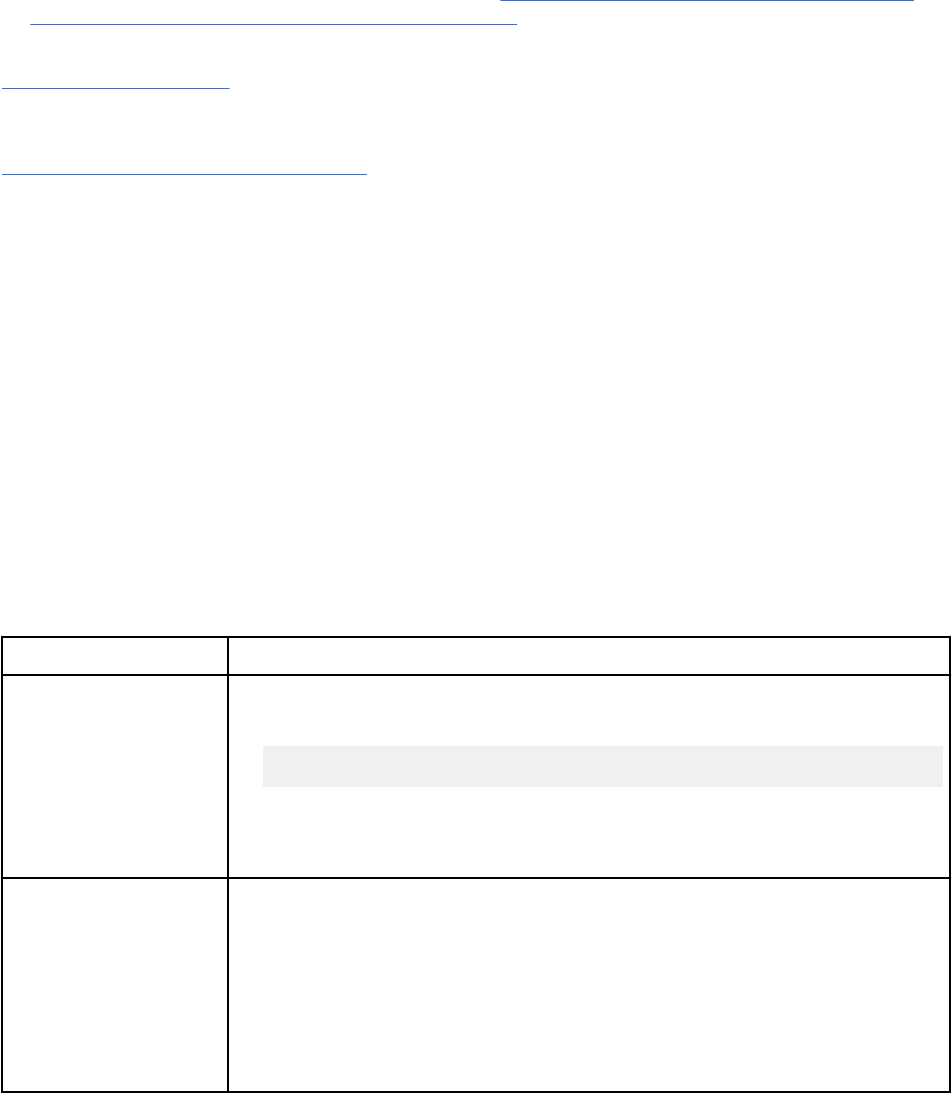
You must dene DSNTIA1 in the CSD. If you load DSNTIAR or DSNTIAC, you must also dene them
in the CSD. For an example of CSD entry generation statements for use with DSNTIAC, see job
DSNTEJ5A.
The assembler source code for DSNTIAC and job DSNTEJ5A, which assembles and link-edits
DSNTIAC, are in the data set prex.SDSNSAMP.
• You can also use the MESSAGE_TEXT condition item eld of the GET DIAGNOSTICS statement to
convert an SQL return code into a text message. Programs that require long token message support
should code the GET DIAGNOSTICS statement instead of DSNTIAR.
For more information about GET DIAGNOSTICS, see “Checking the execution of SQL statements by
using the GET DIAGNOSTICS statement ” on page 532.
Related tasks
Handling SQL error codes
Application programs can request more information about SQL error codes from Db2.
Related reference
GET DIAGNOSTICS statement (Db2 SQL)
Dening the SQL communications area, SQLSTATE, and SQLCODE in PL/I
PL/I programs that contain SQL statements can include an SQL communications area (SQLCA) to check
whether an SQL statement executed successfully. Alternatively, these programs can declare individual
SQLCODE and SQLSTATE host variables.
About this task
If you specify the SQL processing option STDSQL(YES), do not dene an SQLCA. If you do, Db2 ignores
your SQLCA, and your SQLCA denition causes compile-time errors. If you specify the SQL processing
option STDSQL(NO), include an SQLCA explicitly.
If your application contains SQL statements and does not include an SQL communications area (SQLCA),
you must declare individual SQLCODE and SQLSTATE host variables. Your program can use these variables
to check whether an SQL statement executed successfully.
Procedure
Choose one of the following actions:
Option
Description
To dene the SQL
communications area:
a. Code the SQLCA directly in the program or use the following SQL INCLUDE
statement to request a standard SQLCA declaration:
EXEC SQL INCLUDE SQLCA
Db2 sets the SQLCODE and SQLSTATE values in the SQLCA after each SQL
statement executes. Your application should check these values to determine
whether the last SQL statement was successful.
To declare SQLCODE
and SQLSTATE host
variables:
a. Declare the SQLCODE variable within a BEGIN DECLARE SECTION
statement and an END DECLARE SECTION statement in your program
declarations as BIN FIXED (31).
b. Declare the SQLSTATE variable within a BEGIN DECLARE SECTION
statement and an END DECLARE SECTION statement in your program
declarations as CHARACTER(5).
Restriction: Do not declare an SQLSTATE variable as an element of a structure.
Chapter 4. Embedded SQL programming705
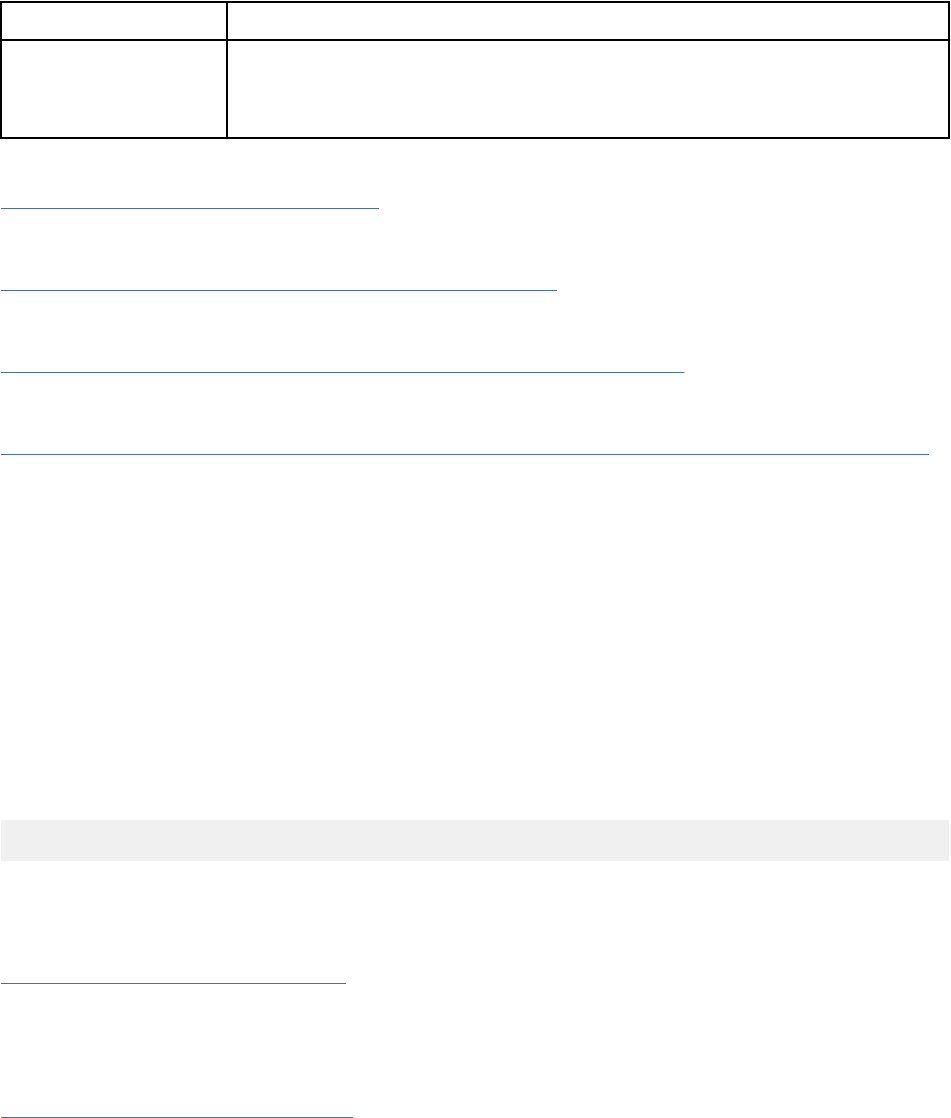
Option Description
Requirement: After you declare the SQLCODE and SQLSTATE variables, ensure
that all SQL statements in the program are within the scope of the declaration
of these variables.
Related tasks
Checking the execution of SQL statements
After executing an SQL statement, your program should check for any errors before you commit the data
and handle the errors that they represent.
Checking the execution of SQL statements by using the SQLCA
One way to check whether an SQL statement executed successfully is to use the SQL communication area
(SQLCA). This area is set apart for communication with Db2.
Checking the execution of SQL statements by using SQLCODE and SQLSTATE
Whenever an SQL statement executes, the SQLCODE and SQLSTATE elds of the SQLCA receive a return
code.
Dening the items that your program can use to check whether an SQL statement executed successfully
If your program contains SQL statements, the program should dene some infrastructure so that it can
check whether the statements executed successfully. You can either include an SQL communications
area (SQLCA), which contains SQLCODE and SQLSTATE variables, or declare individual SQLCODE and
SQLSTATE host variables.
Dening SQL descriptor areas (SQLDA) in PL/I
If your program includes certain SQL statements, you must dene at least one SQL descriptor area
(SQLDA). Depending on the context in which it is used, the SQLDA stores information about prepared SQL
statements or host variables. This information can then be read by either the application program or Db2.
Procedure
Code the SQLDA directly in the program, or use the following SQL INCLUDE statement to request a
standard SQLDA declaration:
EXEC SQL INCLUDE SQLDA
Restriction: You must place SQLDA declarations before the rst SQL statement that references the data
descriptor, unless you use the TWOPASS SQL processing option.
Related tasks
Dening SQL descriptor areas (SQLDA)
If your program includes certain SQL statements, you must dene at least one SQL descriptor area
(SQLDA). Depending on the context in which it is used, the SQLDA stores information about prepared SQL
statements or host variables. This information can then be read by either the application program or Db2.
Related reference
SQL descriptor area (SQLDA) (Db2 SQL)
Declaring host variables and indicator variables in PL/I
You can use host variables, host-variable arrays, and host structures in SQL statements in your program to
pass data between Db2 and your application.
Procedure
To declare host variables, host-variable arrays, and host structures:
1. Declare the variables according to the following rules and guidelines:
706
Db2 12 for z/OS: Application Programming and SQL Guide (Last updated: 2024-07-30)

• If you specify the ONEPASS SQL processing option, you must explicitly declare each host variable
and each host-variable array before using them in an SQL statement. If you specify the TWOPASS
precompiler option, you must declare each host variable before using it in the DECLARE CURSOR
statement.
• If you specify the STDSQL(YES) SQL processing option, you must precede the host language
statements that dene the host variables and host-variable arrays with the BEGIN DECLARE
SECTION statement and follow the host language statements with the END DECLARE SECTION
statement. Otherwise, these statements are optional.
• Ensure that any SQL statement that uses a host variable or host-variable array is within the scope of
the statement that declares that variable or array.
• If you are using the Db2 precompiler, ensure that the names of host variables and host-variable
arrays are unique within the program, even if the variables and variable arrays are in different blocks,
classes, procedures, functions, or subroutines. You can qualify the names with a structure name to
make them unique.
2. Optional: Dene any associated indicator variables, arrays, and structures.
Related tasks
Declaring host variables and indicator variables
You can use host variables and indicator variables in SQL statements in your program to pass data
between Db2 and your application.
Host variables in PL/I
In PL/I programs, you can specify numeric, character, graphic, binary, LOB, XML, and ROWID host
variables. You can also specify result set, table, and LOB locators and LOB and XML le reference
variables.
Restrictions:
• Only some of the valid PL/I declarations are valid host variable declarations. The precompiler uses
the data attribute defaults that are specied in the PL/I DEFAULT statement. If the declaration for a
host variable is not valid, any SQL statement that references the variable might result in the message
UNDECLARED HOST VARIABLE.
• The alignment, scope, and storage attributes of host variables have the following restrictions:
– A declaration with the EXTERNAL scope attribute and the STATIC storage attribute must also have the
INITIAL storage attribute.
– If you use the BASED storage attribute, you must follow it with a PL/I element-locator-expression.
– Host variables can be STATIC, CONTROLLED, BASED, or AUTOMATIC storage class, or options.
However, CICS requires that programs be reentrant.
Although the precompiler uses only the names and data attributes of variables and ignores the
alignment, scope, and storage attributes, you should not ignore these restrictions. If you do ignore
them, you might have problems compiling the PL/I source code that the precompiler generates.
• PL/I supports some data types with no SQL equivalent (COMPLEX and BIT variables, for example). In
most cases, you can use PL/I statements to convert between the unsupported PL/I data types and the
data types that SQL supports.
• You can not use locators as column types.
The following locator data types are PL/I data types as well as SQL data types:
– Result set locator
– Table locator
– LOB locators
• The precompiler does not support PL/I scoping rules.
Recommendations:
Chapter 4. Embedded SQL programming
707
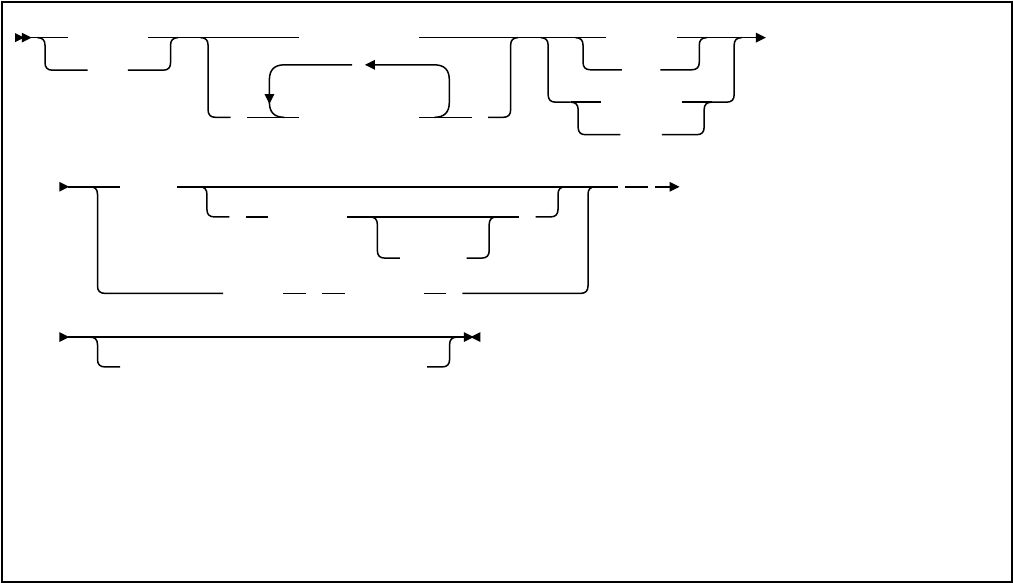
• Be careful of overflow. For example, if you retrieve an INTEGER column value into a BIN FIXED(15) host
variable and the column value is larger than 32767 or smaller than -32768, you get an overflow warning
or an error, depending on whether you provided an indicator variable.
• Be careful of truncation. For example, if you retrieve an 80-character CHAR column value into a
CHAR(70) host variable, the rightmost ten characters of the retrieved string are truncated. Retrieving
a double-precision floating-point or decimal column value into a BIN FIXED(31) host variable removes
any fractional part of the value. Similarly, retrieving a column value with a DECIMAL data type into a PL/I
decimal variable with a lower precision might truncate the value.
Numeric host variables
You can specify the following forms of numeric host variables:
• Floating-point numbers (Hexadecimal and Decimal)
• Integers and small integers
• Decimal numbers
The following diagram shows the syntax for declaring numeric host variables.
DECLARE
DCL
variable-name
(
,
variable-name )
BINARY
BIN
DECIMAL
DEC
FIXED
( precision
,
scale
1
)
FLOAT ( precision )
2 3
Alignment and/or Scope and/or Storage
Notes:
1
You can specify a scale only for DECIMAL FIXED.
2
You can specify host variable attributes in any order that is acceptable to PL/I. For example, BIN
FIXED(31), BINARY FIXED(31), BIN(31) FIXED, and FIXED BIN(31) are all acceptable.
3
The UNSIGNED attribute must not be specied with BINARY and FIXED for a numeric host variable
declaration.
For binary floating-point or hexadecimal floating-point data types, use the FLOAT SQL processing option
to specify whether the host variable is in IEEE binary floating-point or z/Architecture hexadecimal
floating-point format. Db2 does not check if the format of the host variable contents match the format
that you specied with the FLOAT SQL processing option. Therefore, you need to ensure that your
floating-point host variable contents match the format that you specied with the FLOAT SQL processing
option. Db2 converts all floating-point input data to z/Architecture hexadecimal floating-point format
before storing it.
If the PL/I compiler that you are using does not support a decimal data type with a precision greater than
15, use one of the following variable types for decimal data:
• Decimal variables with precision less than or equal to 15, if the actual data values t. If you retrieve a
decimal value into a decimal variable with a scale that is less than the source column in the database,
the fractional part of the value might truncate.
708
Db2 12 for z/OS: Application Programming and SQL Guide (Last updated: 2024-07-30)
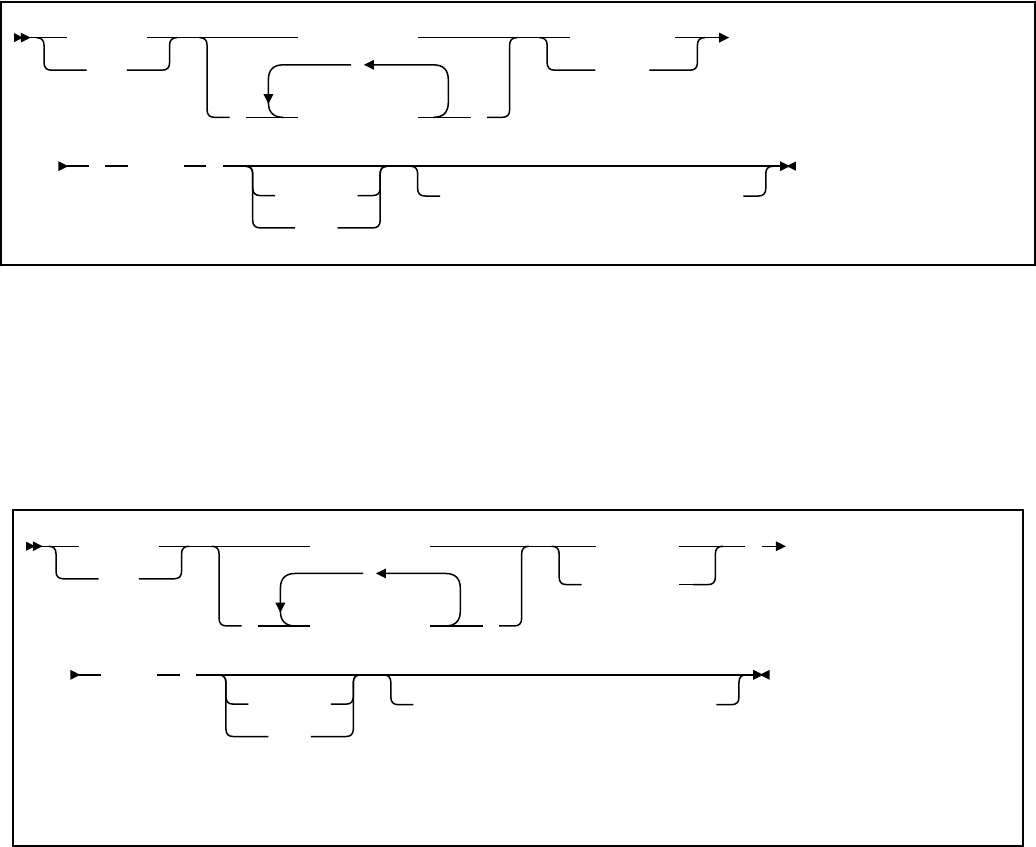
• An integer or a floating-point variable, which converts the value. If you use an integer variable, you
lose the fractional part of the number. If the decimal number can exceed the maximum value for an
integer or you want to preserve a fractional value, use a floating-point variable. Floating-point numbers
are approximations of real numbers. Therefore, when you assign a decimal number to a floating-point
variable, the result might be different from the original number.
• A character string host variable. Use the CHAR function to retrieve a decimal value into it.
To use the PL/I decimal floating-point host data types, you need to use the FLOAT(DFP) and ARCH(7)
compiler options and the Db2 coprocessor. The maximum precision for extended DECIMAL FLOAT will be
34 (not 33 as it is for hexadecimal float). The maximum precision for short DECIMAL FLOAT will be 7 (not
6 as it is for hexadecimal float).
Character host variables
You can specify the following forms of character host variables:
• Fixed-length strings
• Varying-length strings
• CLOBs
The following diagram shows the syntax for declaring character host variables, other than CLOBs.
DECLARE
DCL
variable-name
(
,
variable-name )
CHARACTER
CHAR
( length )
VARYING
VAR
Alignment and/or Scope and/or Storage
Graphic host variables
You can specify the following forms of character host variables:
• Fixed-length strings
• Varying-length strings
• DBCLOBs
The following diagram shows the syntax for declaring graphic host variables other than DBCLOBs.
DECLARE
DCL
variable-name
(
,
variable-name )
GRAPHIC
WIDECHAR
1
(
length )
VARYING
VAR
Alignment and/or Scope and/or Storage
Notes:
1
Use WIDECHAR only for UNICODE UTF-16 data. WIDECHAR is supported only by the Db2 coprocessor.
Chapter 4. Embedded SQL programming
709
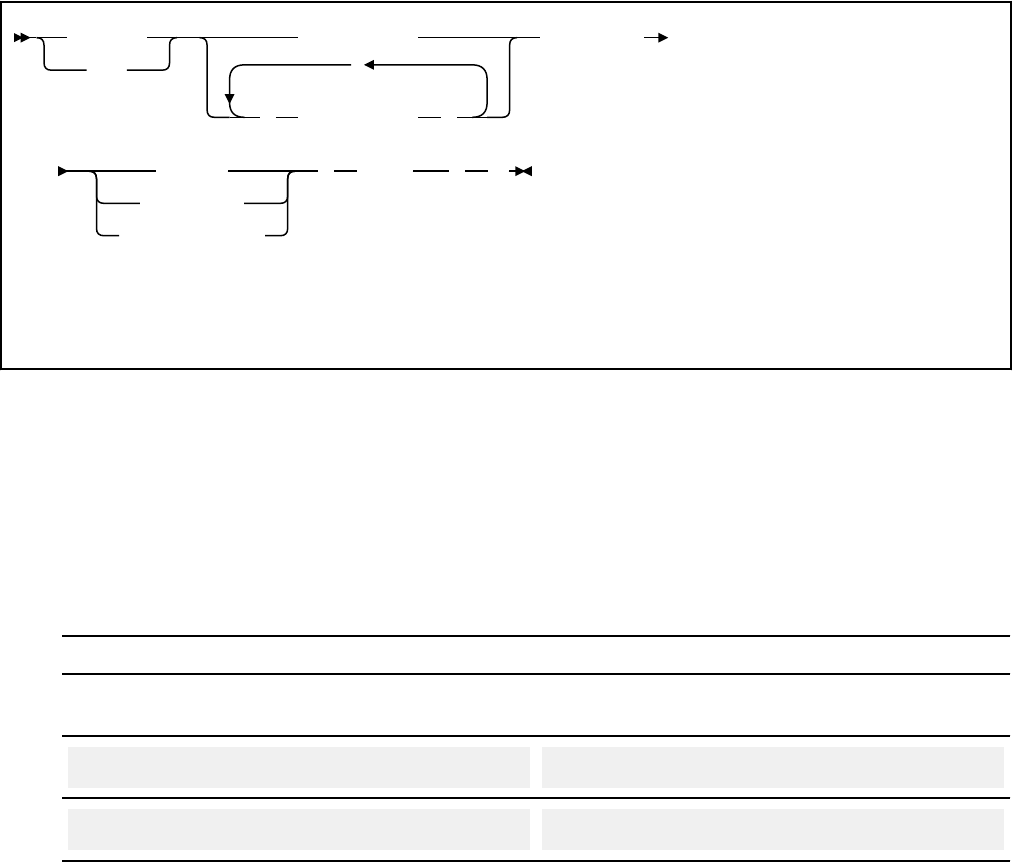
Binary host variables
You can specify the following forms of binary host variables:
• Fixed-length strings
• Varying-length strings
• BLOBs
The following diagram shows the syntax for declaring BINARY host variables.
DECLARE
DCL
variable-name
,
( variable-name )
SQL TYPE IS
BINARY
VARBINARY
BINARY VARYING
( length
1
) ;
Notes:
1
For BINARY host variables, the length must be in the range 1–255. For VARBINARY host variables, the
length must be in the range 1–32704.
PL/I does not have variables that correspond to the SQL binary data types BINARY and VARBINARY. To
create host variables that can be used with these data types, use the SQL TYPE IS clause.
When you reference a BINARY or VARBINARY host variable in an SQL statement, you must use the
variable that you specify in the SQL TYPE declaration. When you reference the host variable in a host
language statement, you must use the variable that Db2 generates.
Examples of binary variable declarations
The following table shows examples of variables that Db2 generates when you declare binary host
variables.
Table 115. Examples of BINARY and VARBINARY variable declarations for PL/I
Variable declaration that you include in your PL/I
program
Corresponding variable that Db2 generates in the
output source member
DCL BIN_VAR SQL TYPE IS BINARY(10); DCL BIN_VAR CHAR(10);
DCL VBIN_VAR SQL TYPE IS VARBINARY(10); DCL VBIN_VAR CHAR(10) VAR;
Result set locators
The following diagram shows the syntax for declaring result set locators.
710
Db2 12 for z/OS: Application Programming and SQL Guide (Last updated: 2024-07-30)
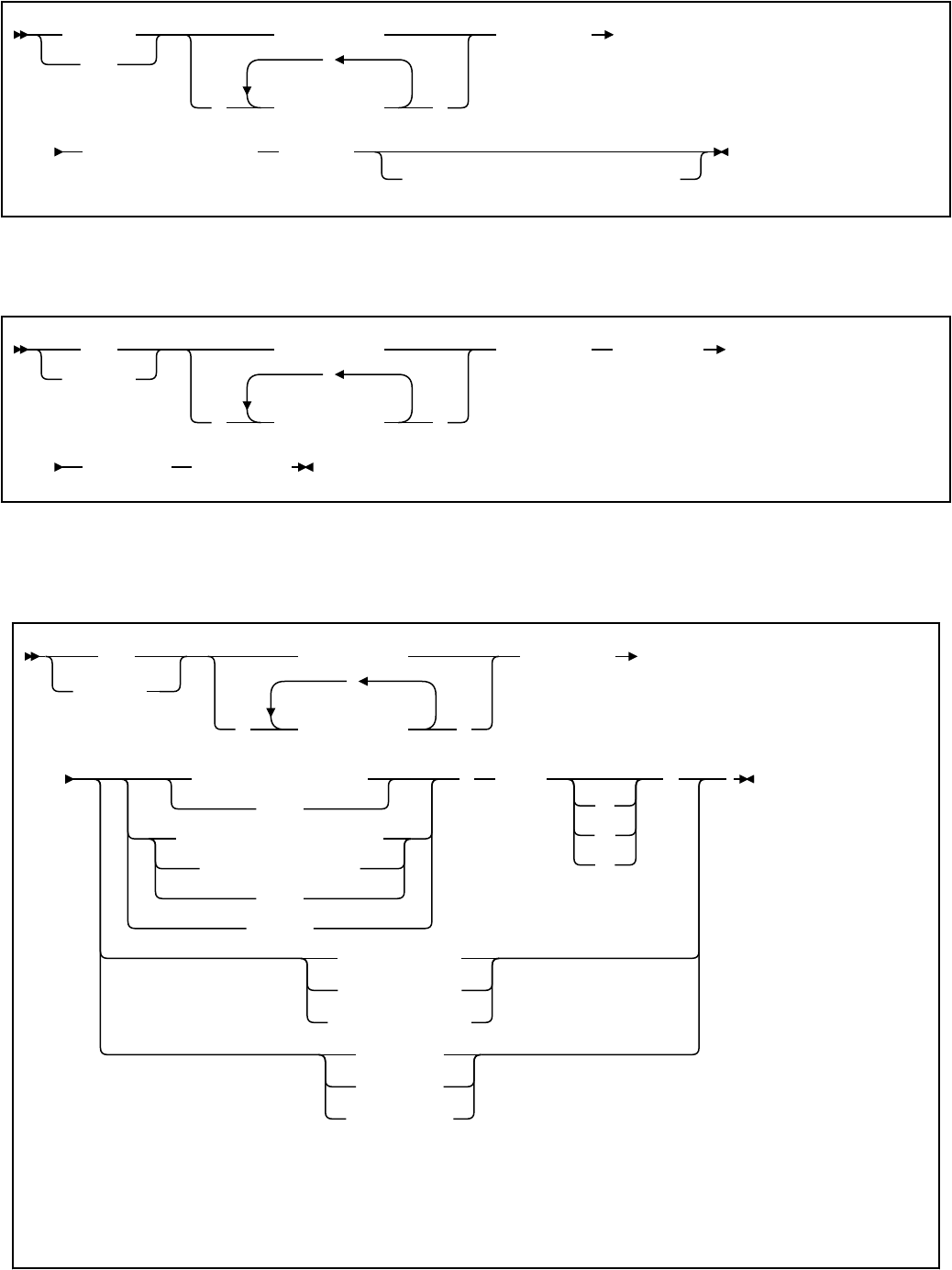
DECLARE
DCL
variable-name
(
,
variable-name )
SQL TYPE IS
RESULT_SET_LOCATOR VARYING
Alignment and/or Scope and/or Storage
Table locators
The following diagram shows the syntax for declaring table locators.
DCL
DECLARE
variable-name
(
,
variable-name )
SQL TYPE IS TABLE LIKE
table-name AS LOCATOR
LOB variables, locators, and le reference variables
The following diagram shows the syntax for declaring BLOB, CLOB, and DBCLOB host variables, locators,
and le reference variables.
DCL
DECLARE
1
variable-name
(
,
variable-name )
SQL TYPE IS
BINARY LARGE OBJECT
BLOB
CHARACTER LARGE OBJECT
CHAR LARGE OBJECT
CLOB
DBCLOB
( length
K
M
G
)
BLOB_LOCATOR
CLOB_LOCATOR
DBCLOB_LOCATOR
BLOB_FILE
CLOB_FILE
DBCLOB_FILE
2
Notes:
1
A single PL/I declaration that contains a LOB variable declaration is limited to no more than 1000 lines of
source code.
2
Variable attributes such as STATIC and AUTOMATIC are ignored if specied on a LOB variable declaration.
Chapter 4. Embedded SQL programming
711
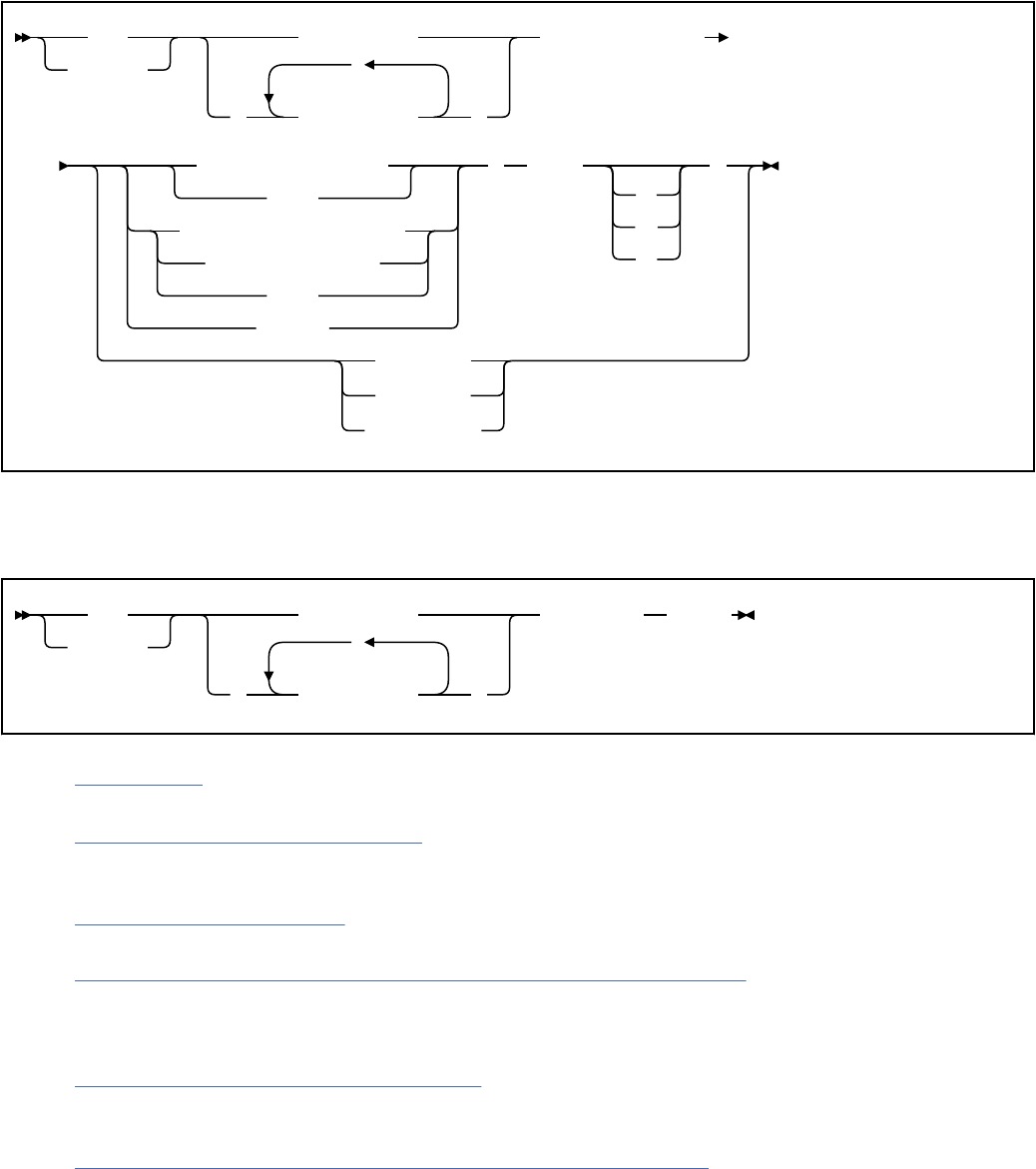
Note: Variable attributes such as STATIC and AUTOMATIC are ignored if specied on a LOB variable
declaration.
XML data host and le reference variables
The following diagram shows the syntax for declaring BLOB, CLOB, and DBCLOB host variables and le
reference variables for XML data types.
DCL
DECLARE
variable-name
(
,
variable-name )
SQL TYPE IS XML AS
BINARY LARGE OBJECT
BLOB
CHARACTER LARGE OBJECT
CHAR LARGE OBJECT
CLOB
DBCLOB
( length
K
M
G
)
BLOB_FILE
CLOB_FILE
DBCLOB_FILE
ROWID host variables
The following diagram shows the syntax for declaring ROWID host variables.
DCL
DECLARE
variable-name
(
,
variable-name )
SQL TYPE IS ROWID
Related concepts
Host variables
Use host variables to pass a single data item between Db2 and your application.
Using host variables in SQL statements
Use scalar host variables in embedded SQL statements to represent a single value. Host variables are
useful for storing retrieved data or for passing values that are to be assigned or used for comparisons.
Numeric data types (Db2 SQL)
Related tasks
Determining whether a retrieved value in a host variable is null or truncated
Before your application manipulates the data that was retrieved from Db2 into a host variable, determine
if the value is null. Also determine if it was truncated when assigned to the variable. You can use indicator
variables to obtain this information.
Inserting a single row by using a host variable
Use host variables in your INSERT statement when you don't know at least some of the values to insert
until the program runs.
Inserting null values into columns by using indicator variables or arrays
712
Db2 12 for z/OS: Application Programming and SQL Guide (Last updated: 2024-07-30)

If you need to insert null values into a column, using an indicator variable or array is an easy way to do so.
An indicator variable or array is associated with a particular host variable or host-variable array.
Storing LOB data in Db2 tables
Db2 handles LOB data differently than other kinds of data. As a result, you sometimes need to take
additional actions when you dene LOB columns and insert the LOB data.
Retrieving a single row of data into host variables
If you know that your query returns only one row, you can specify one or more host variables to contain
the column values of the retrieved row.
Retrieving a single row of data into a host structure
If you know that your query returns multiple column values for only one row, you can specify a host
structure to contain the column values.
Updating data by using host variables
When you want to update a value in a Db2 table, but you do not know the exact value until the program
runs, use host variables. Db2 can change a table value to match the current value of the host variable.
Host-variable arrays in PL/I
In PL/I programs, you can specify numeric, character, graphic, binary, LOB, XML, and ROWID host-
variable arrays. You can also specify LOB locators and LOB and XML le reference variables.
Host-variable arrays can be referenced only as a simple reference in the following contexts. In syntax
diagrams, host-variable-array designates a reference to a host-variable array.
• In a FETCH statement for a multiple-row fetch. See FETCH statement (Db2 SQL).
• In the FOR n ROWS form of the INSERT statement with a host-variable array for the source data. See
INSERT statement (Db2 SQL).
• In a MERGE statement with multiple rows of source data. See MERGE statement (Db2 SQL).
• In an EXECUTE statement to provide a value for a parameter marker in a dynamic FOR n ROWS form of
the INSERT statement or a MERGE statement. See EXECUTE statement (Db2 SQL).
Restrictions:
• Only some of the valid PL/I declarations are valid host variable declarations. The precompiler uses
the data attribute defaults that are specied in the PL/I DEFAULT statement. If the declaration for a
host variable is not valid, any SQL statement that references the host-variable array might result in the
message UNDECLARED HOST VARIABLE ARRAY.
• The alignment, scope, and storage attributes of host-variable arrays have the following restrictions:
– A declaration with the EXTERNAL scope attribute and the STATIC storage attribute must also have the
INITIAL storage attribute.
– If you use the BASED storage attribute, you must follow it with a PL/I element-locator-expression.
– Host variables can be STATIC, CONTROLLED, BASED, or AUTOMATIC storage class, or options.
However, CICS requires that programs be reentrant.
Although the precompiler uses only the names and data attributes of variable arrays and ignores the
alignment, scope, and storage attributes, you should not ignore these restrictions. If you do ignore
them, you might have problems compiling the PL/I source code that the precompiler generates.
• You must specify the ALIGNED attribute when you declare varying-length character arrays or varying-
length graphic arrays that are to be used in multiple-row INSERT and FETCH statements.
Numeric host-variable arrays
The following diagram shows the syntax for declaring numeric host-variable arrays.
Chapter 4. Embedded SQL programming
713
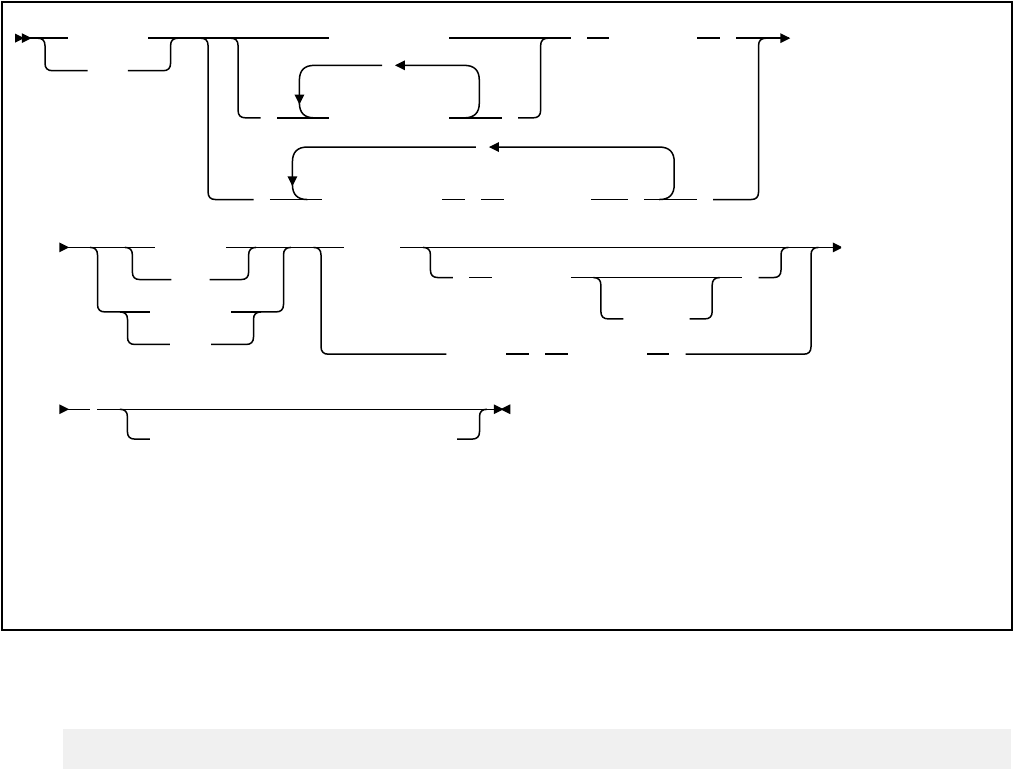
DECLARE
DCL
variable-name
(
,
variable-name )
( dimension )
(
,
variable-name ( dimension
1
) )
BINARY
BIN
DECIMAL
DEC
FIXED
( precision
,
scale
2
)
FLOAT ( precision )
3
Alignment and/or Scope and/or Storage
Notes:
1
dimension must be an integer constant in the range 1–32767.
2
You can specify the scale for only DECIMAL FIXED.
3
You can specify host-variable array attributes in any order that is acceptable to PL/I. For example, BIN
FIXED(31), BINARY FIXED(31), BIN(31) FIXED, and FIXED BIN(31) are all acceptable.
Example
The following example shows a declaration of an indicator array.
DCL IND_ARRAY(100) BIN FIXED(15); /* DCL ARRAY of 100 indicator variables */
To use the PL/I decimal floating-point host data types, you need to use the FLOAT(DFP) and ARCH(7)
compiler options and the Db2 coprocessor. The maximum precision for extended DECIMAL FLOAT will be
34 (not 33 as it is for hexadecimal float). The maximum precision for short DECIMAL FLOAT will be 7 (not
6 as it is for hexadecimal float).
Character host-variable arrays
The following diagram shows the syntax for declaring character host-variable arrays other than CLOBs.
714
Db2 12 for z/OS: Application Programming and SQL Guide (Last updated: 2024-07-30)
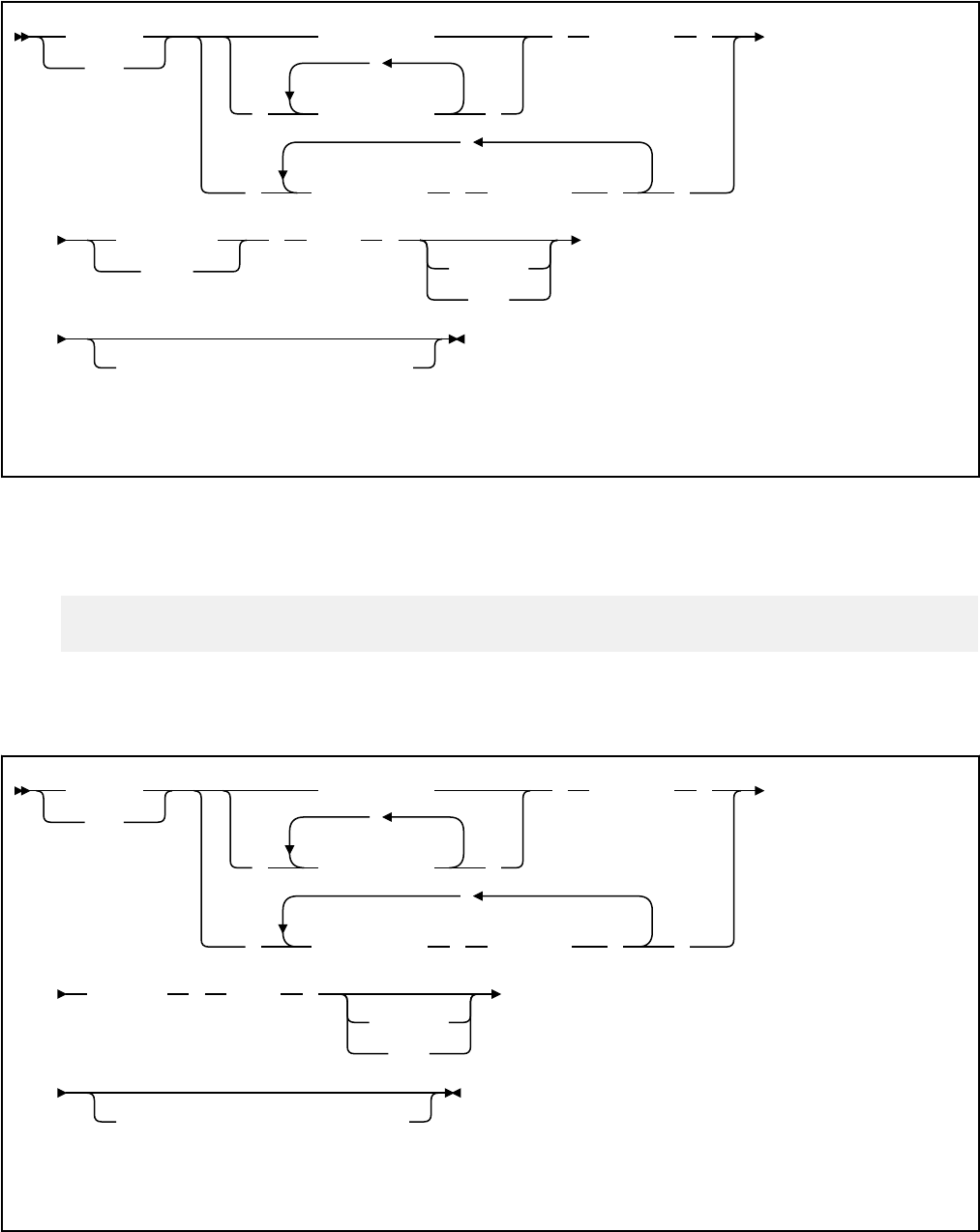
DECLARE
DCL
variable-name
(
,
variable-name )
( dimension )
(
,
variable-name ( dimension
1
) )
CHARACTER
CHAR
( length )
VARYING
VAR
Alignment and/or Scope and/or Storage
Notes:
1
dimension must be an integer constant in the range 1–32767.
Example
The following example shows the declarations needed to retrieve 10 rows of the department number and
name from the department table:
DCL DEPTNO(10) CHAR(3); /* Array of ten CHAR(3) variables */
DCL DEPTNAME(10) CHAR(29) VAR; /* Array of ten VARCHAR(29) variables */
Graphic host-variable arrays
The following diagram shows the syntax for declaring graphic host-variable arrays other than DBCLOBs.
DECLARE
DCL
variable-name
(
,
variable-name )
( dimension )
(
,
variable-name ( dimension
1
) )
GRAPHIC ( length )
VARYING
VAR
Alignment and/or Scope and/or Storage
Notes:
1
dimension must be an integer constant in the range 1–32767.
Binary host-variable arrays
The following diagram shows the syntax for declaring binary variable arrays.
Chapter 4. Embedded SQL programming
715
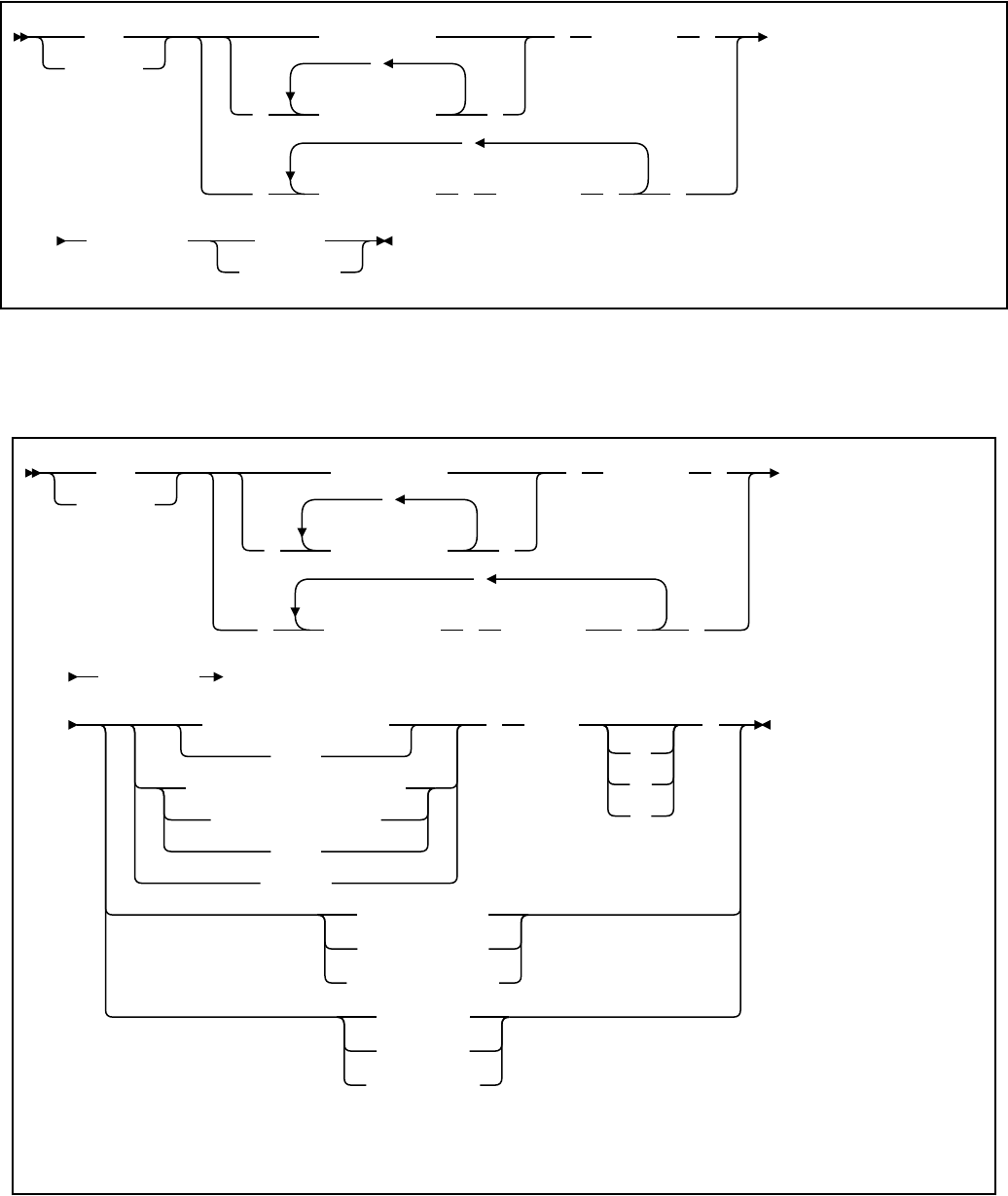
DCL
DECLARE
variable-name
(
,
variable-name )
( dimension )
(
,
variable-name ( dimension ) )
SQL TYPE IS BINARY
VARBINARY
LOB, locator, and le reference variable arrays
The following diagram shows the syntax for declaring BLOB, CLOB, and DBCLOB host variable, locator, and
le reference variable arrays.
DCL
DECLARE
variable-name
(
,
variable-name )
( dimension )
(
,
variable-name ( dimension
1
) )
SQL TYPE IS
BINARY LARGE OBJECT
BLOB
CHARACTER LARGE OBJECT
CHAR LARGE OBJECT
CLOB
DBCLOB
( length
K
M
G
)
BLOB_LOCATOR
CLOB_LOCATOR
DBCLOB_LOCATOR
BLOB_FILE
CLOB_FILE
DBCLOB_FILE
Notes:
1
dimension must be an integer constant in the range 1–32767.
XML host and le reference variable arrays
The following diagram shows the syntax for declaring BLOB, CLOB, and DBCLOB host-variable arrays and
le reference variable arrays for XML data types.
716
Db2 12 for z/OS: Application Programming and SQL Guide (Last updated: 2024-07-30)
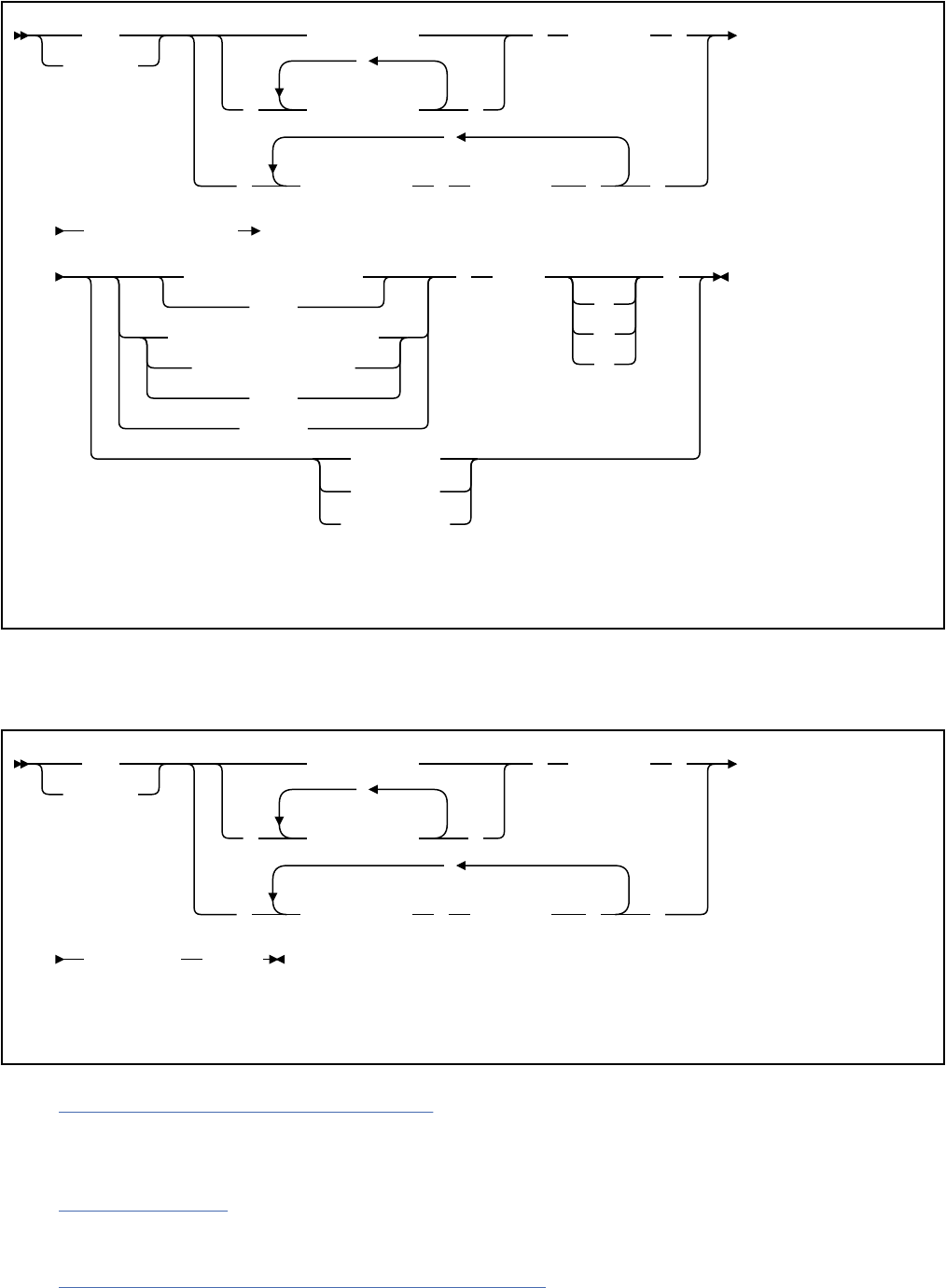
DCL
DECLARE
variable-name
(
,
variable-name )
( dimension )
(
,
variable-name ( dimension
1
) )
SQL TYPE IS XML AS
BINARY LARGE OBJECT
BLOB
CHARACTER LARGE OBJECT
CHAR LARGE OBJECT
CLOB
DBCLOB
( length
K
M
G
)
BLOB_FILE
CLOB_FILE
DBCLOB_FILE
Notes:
1
dimension must be an integer constant in the range 1–32767.
ROWID variable arrays
The following diagram shows the syntax for declaring ROWID variable arrays.
DCL
DECLARE
variable-name
(
,
variable-name )
( dimension )
(
,
variable-name ( dimension
1
) )
SQL TYPE IS ROWID
Notes:
1
dimension must be an integer constant in the range 1–32767.
Related concepts
Using host-variable arrays in SQL statements
Use host-variable arrays in embedded SQL statements to represent values that the program does not
know until the query is executed. Host-variable arrays are useful for storing a set of retrieved values or for
passing a set of values that are to be inserted into a table.
Host-variable arrays
You can use host-variable arrays to pass a data array between Db2 and your application. A host-variable
array is a data array that is declared in the host language to be used within an SQL statement.
Host-variable arrays in PL/I, C, C++, and COBOL (Db2 SQL)
Chapter 4. Embedded SQL programming
717
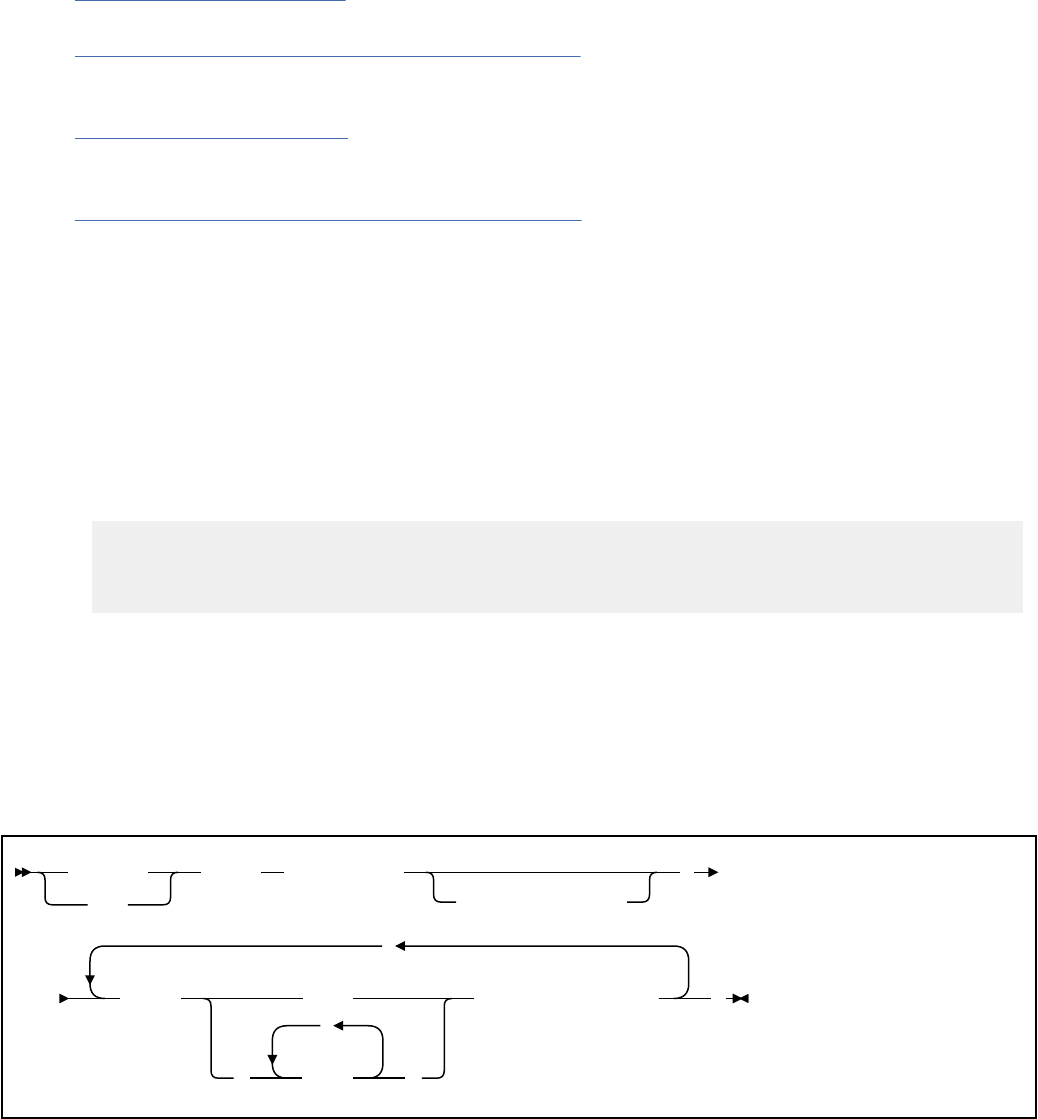
Numeric data types (Db2 SQL)
Related tasks
Inserting multiple rows of data from host-variable arrays
Use host-variable arrays in your INSERT statement when you do not know at least some of the values to
insert until the program runs.
Storing LOB data in Db2 tables
Db2 handles LOB data differently than other kinds of data. As a result, you sometimes need to take
additional actions when you dene LOB columns and insert the LOB data.
Retrieving multiple rows of data into host-variable arrays
If you know that your query returns multiple rows, you can specify host-variable arrays to store the
retrieved column values.
Host structures in PL/I
A PL/I host structure is a structure that contains subordinate levels of scalars. You can use the name of
the structure as shorthand notation to reference the list of scalars.
Requirements: Host structure declarations in PL/I must satisfy the following requirements:
• Host structures are limited to two levels.
• You must terminate the host structure variable by ending the declaration with a semicolon, as in the
following example:
DCL 1 A,
2 B CHAR,
2 (C, D) CHAR;
DCL (E, F) CHAR;
• You can specify host variable attributes in any order that is acceptable to PL/I. For example, BIN
FIXED(31), BIN(31) FIXED, and FIXED BIN(31) are all acceptable.
When you reference a host variable, you can qualify it with a structure name. For example, you can specify
STRUCTURE.FIELD.
Host structures
The following diagram shows the syntax for declaring host structures.
DECLARE
DCL
level-1 variable-name
Scope and/or storage
,
,
level-2 var-1
(
,
var-2 )
data-type-specification ;
Data types
The following diagram shows the syntax for data types that are used within declarations of host
structures.
718
Db2 12 for z/OS: Application Programming and SQL Guide (Last updated: 2024-07-30)
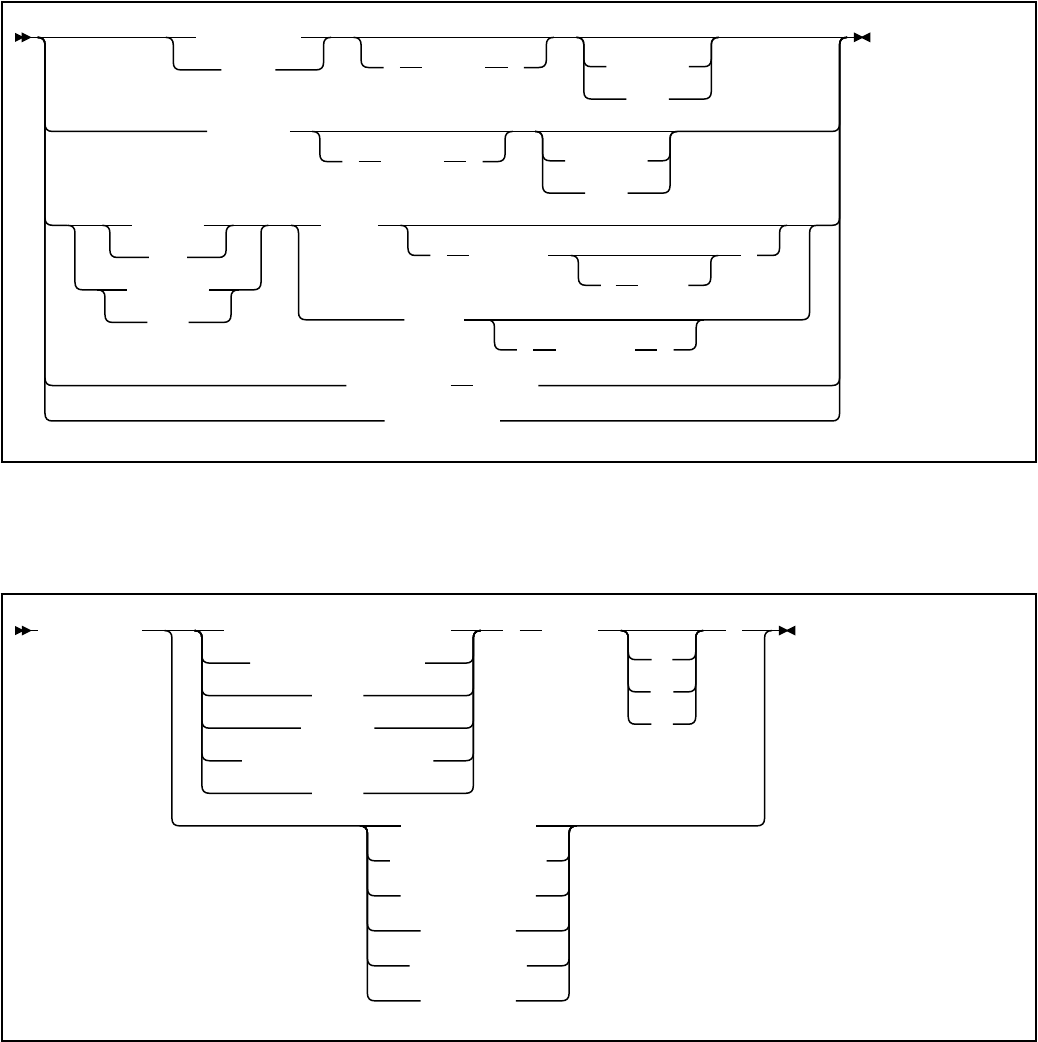
CHARACTER
CHAR
( integer )
VARYING
VAR
GRAPHIC
( integer )
VARYING
VAR
BINARY
BIN
DECIMAL
DEC
FIXED
( precision
, scale
)
FLOAT
( precision )
SQL TYPE IS ROWID
LOB data type
LOB data types
The following diagram shows the syntax for LOB data types that are used within declarations of host
structures.
SQL TYPE IS CHARACTER LARGE OBJECT
CHAR LARGE OBJECT
CLOB
DBCLOB
BINARY LARGE OBJECT
BLOB
( length
K
M
G
)
CLOB_LOCATOR
DBCLOB_LOCATOR
BLOB_LOCATOR
CLOB_FILE
DBCLOB_FILE
BLOB_FILE
LOB data types for XML data
The following diagram shows the syntax for LOB data types that are used within declarations of host
structures for XML data.
Chapter 4. Embedded SQL programming
719
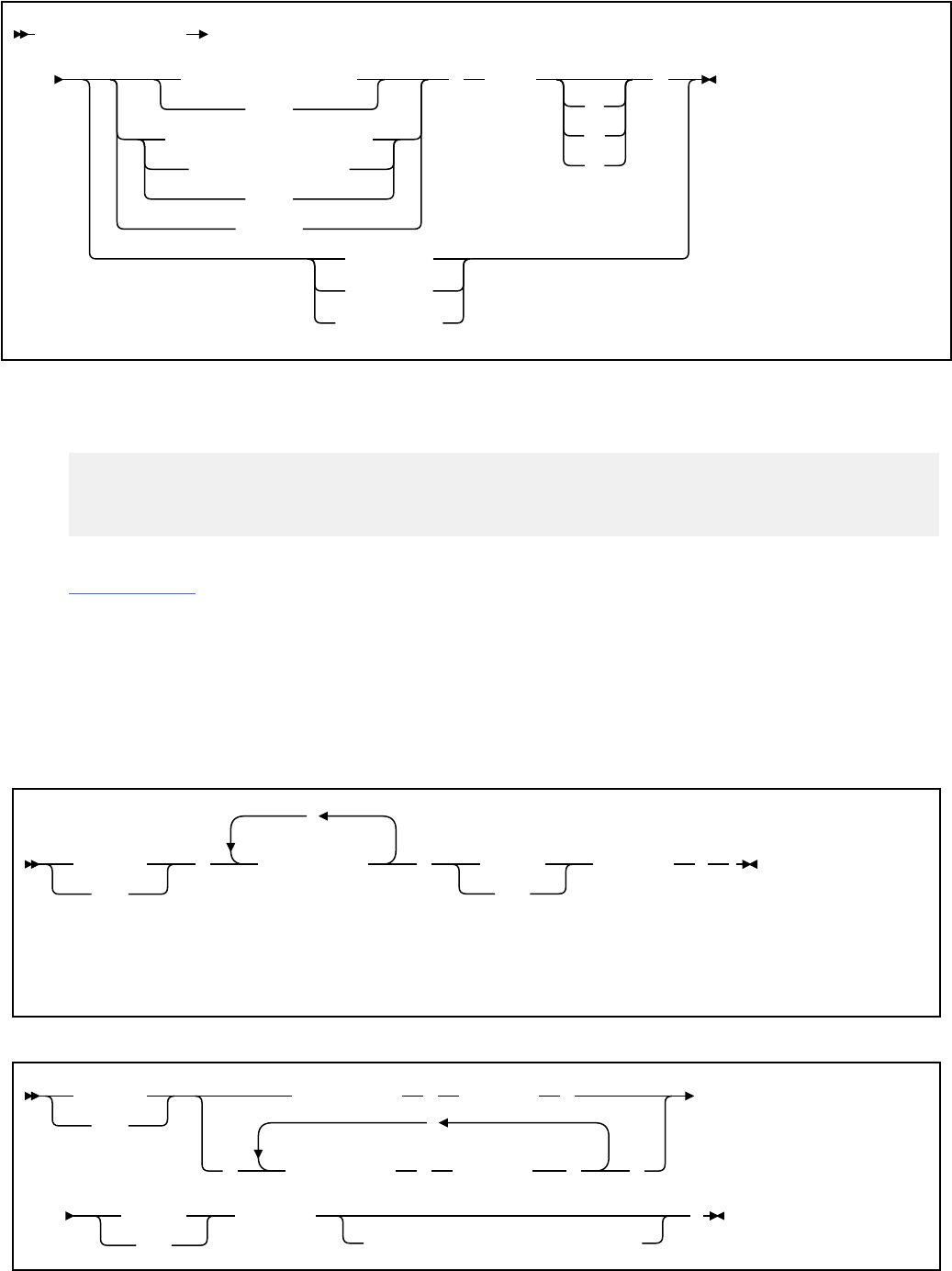
SQL TYPE IS XML AS
BINARY LARGE OBJECT
BLOB
CHARACTER LARGE OBJECT
CHAR LARGE OBJECT
CLOB
DBCLOB
( length
K
M
G
)
BLOB_FILE
CLOB_FILE
DBCLOB_FILE
Example
In the following example, B is the name of a host structure that contains the scalars C1 and C2.
DCL 1 A,
2 B,
3 C1 CHAR(...),
3 C2 CHAR(...);
Related concepts
Host structures
Use host structures to pass a group of host variables between Db2 and your application.
Indicator variables in PL/I
An indicator variable is a 2-byte integer (or an integer declared as BIN FIXED(15)). An indicator variable
array is an array of 2-byte integers. You declare indicator variables in the same way as host variables. You
can mix the declarations of the two types of variables.
The following diagram shows the syntax for declaring an indicator variable in PL/I.
DECLARE
DCL
(
,
variable-name ) BINARY
BIN
FIXED(15) ;
1
Notes:
1
You can specify host variable attributes in any order that is acceptable to PL/I. For example, BIN
FIXED(31), BIN(31) FIXED, and FIXED BIN(31) are all acceptable.
The following diagram shows the syntax for declaring an indicator array in PL/I.
DECLARE
DCL
variable-name ( dimension )
(
,
variable-name ( dimension
1
) )
BINARY
BIN
FIXED(15)
Alignment and/or Scope and/or Storage
;
720
Db2 12 for z/OS: Application Programming and SQL Guide (Last updated: 2024-07-30)
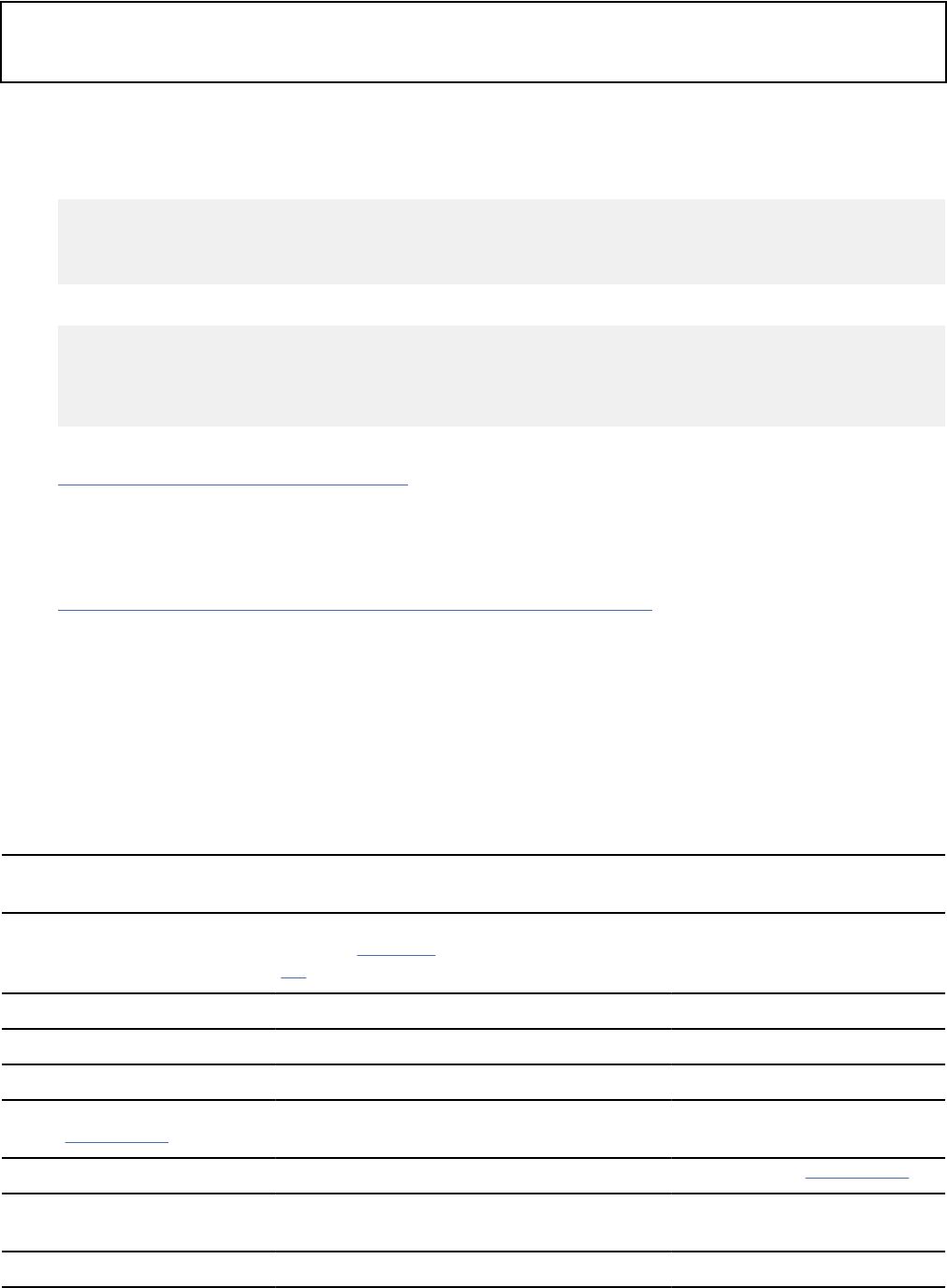
Notes:
1
dimension must be an integer constant in the range 1–32767.
Example
The following example shows a FETCH statement with the declarations of the host variables that are
needed for the FETCH statement and their associated indicator variables.
EXEC SQL FETCH CLS_CURSOR INTO :CLS_CD,
:DAY :DAY_IND,
:BGN :BGN_IND,
:END :END_IND;
You can declare these variables as follows:
DCL CLS_CD CHAR(7);
DCL DAY BIN FIXED(15);
DCL BGN CHAR(8);
DCL END CHAR(8);
DCL (DAY_IND, BGN_IND, END_IND) BIN FIXED(15);
Related concepts
Indicator variables, arrays, and structures
An indicator variable is associated with a particular host variable. Each indicator variable contains a small
integer value that indicates some information about the associated host variable. Indicator arrays and
structures serve the same purpose for host-variable arrays and structures.
Related tasks
Inserting null values into columns by using indicator variables or arrays
If you need to insert null values into a column, using an indicator variable or array is an easy way to do so.
An indicator variable or array is associated with a particular host variable or host-variable array.
Equivalent SQL and PL/I data types
When you declare host variables in your PL/I programs, the precompiler uses equivalent SQL data types.
When you retrieve data of a particular SQL data type into a host variable, you need to ensure that the host
variable is of an equivalent data type.
The following table describes the SQL data type and the base SQLTYPE and SQLLEN values that the
precompiler uses for host variables in SQL statements.
Table 116. SQL data types, SQLLEN values, and SQLTYPE values that the precompiler uses for host variables in
PL/I programs
PL/I host variable data type
SQLTYPE of host
variable
“1” on page
725
SQLLEN of host variable SQL data type
BIN FIXED(n) 1≤n≤15 500 2 SMALLINT
BIN FIXED(n) 16≤n≤31 496 4 INTEGER
FIXED BIN(63) 492 8 BIGINT
DEC FIXED(p,s) 0≤p≤31 and
0≤s≤p
“2” on page 725
484 p in byte 1, s in byte 2 DECIMAL(p,s)
DEC FLOAT (p) where 1 ≤ p ≤ 7 996/997 4 DECFLOAT(16)
“6” on page 725
DEC FLOAT (p) where 8 ≤ p ≤
16
996/997 8 DECFLOAT(16)
DEC FLOAT (p) where 17 ≤ p 996/997 16 DECFLOAT(34)
Chapter 4. Embedded SQL programming721
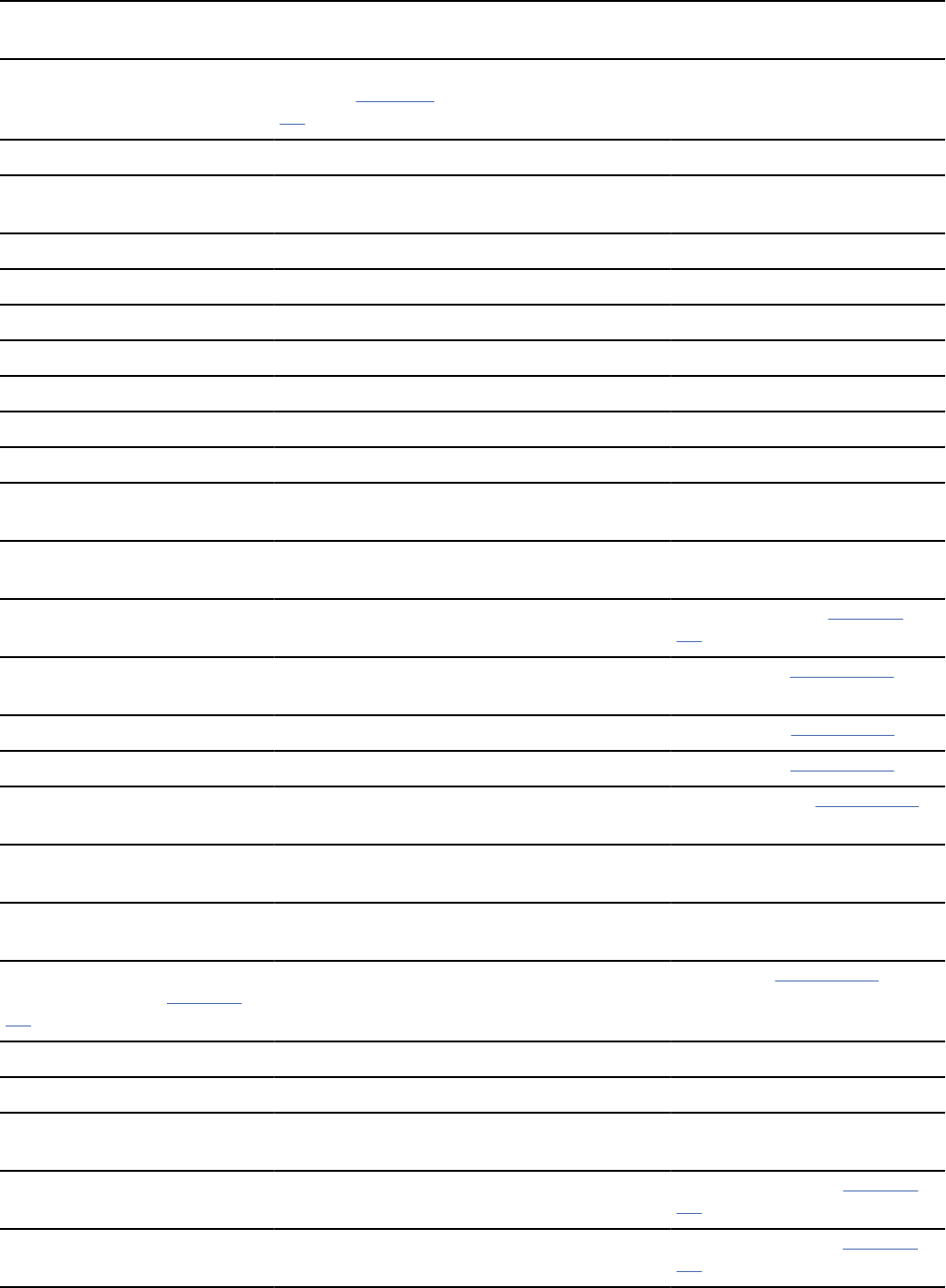
Table 116. SQL data types, SQLLEN values, and SQLTYPE values that the precompiler uses for host variables in
PL/I programs (continued)
PL/I host variable data type
SQLTYPE of host
variable
“1” on page
725
SQLLEN of host variable SQL data type
BIN FLOAT(p) 1≤p≤21 480 4 REAL or FLOAT(n) 1≤n≤21
BIN FLOAT(p) 22≤p≤53 480 8 DOUBLE PRECISION or
FLOAT(n) 22≤n≤53
DEC FLOAT(m) 1≤m≤6 480 4 FLOAT (single precision)
DEC FLOAT(m) 7≤m≤16 480 8 FLOAT (double precision)
CHAR(n) 452 n CHAR(n)
CHAR(n) VARYING 1≤n≤255 448 n VARCHAR(n)
CHAR(n) VARYING n>255 456 n VARCHAR(n)
GRAPHIC(n) 468 n GRAPHIC(n)
GRAPHIC VARYING(n) 464 n VARGRAPHIC(n)
SQL TYPE IS BINARY(n),
1≤n≤255
912 n BINARY(n)
SQL TYPE IS VARBINARY(n),
1≤n≤32704
908 n VARBINARY(n)
SQL TYPE IS
RESULT_SET_LOCATOR
972 4 Result set locator
“3” on page
725
SQL TYPE IS TABLE LIKE table-
name AS LOCATOR
976 4 Table locator
“3” on page 725
SQL TYPE IS BLOB_LOCATOR 960 4 BLOB locator
“3” on page 725
SQL TYPE IS CLOB_LOCATOR 964 4 CLOB locator
“3” on page 725
SQL TYPE IS
DBCLOB_LOCATOR
968 4 DBCLOB locator
“3” on page 725
SQL TYPE IS BLOB(n)
1≤n≤2147483647
404 n BLOB(n)
SQL TYPE IS CLOB(n)
1≤n≤2147483647
408 n CLOB(n)
SQL TYPE IS DBCLOB(n)
1≤n≤1073741823
“4” on page
725
412 n DBCLOB(n)
“4” on page 725
SQL TYPE IS XML AS BLOB(n) 404 0 XML
SQL TYPE IS XML AS CLOB(n) 408 0 XML
SQL TYPE IS XML AS
DBCLOB(n)
412 0 XML
SQL TYPE IS BLOB_FILE 916/917 267 BLOB le reference
“3” on page
725
SQL TYPE IS CLOB_FILE 920/921 267 CLOB le reference
“3” on page
725
722Db2 12 for z/OS: Application Programming and SQL Guide (Last updated: 2024-07-30)
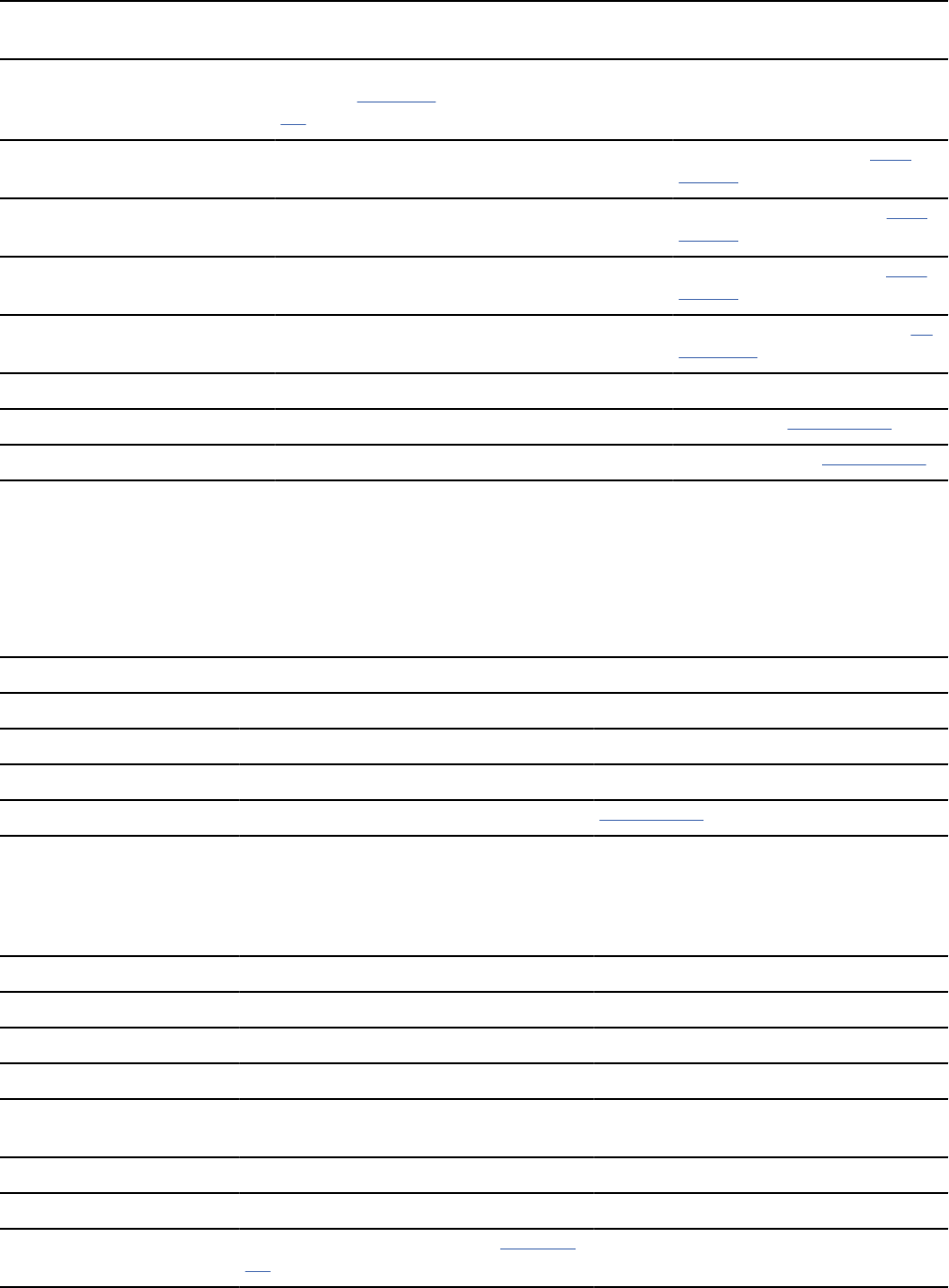
Table 116. SQL data types, SQLLEN values, and SQLTYPE values that the precompiler uses for host variables in
PL/I programs (continued)
PL/I host variable data type
SQLTYPE of host
variable
“1” on page
725
SQLLEN of host variable SQL data type
SQL TYPE IS DBCLOB_FILE 924/925 267 DBCLOB le reference
“3” on
page 725
SQL TYPE IS XML AS
BLOB_FILE
916/917 267 XML BLOB le reference
“3” on
page 725
SQL TYPE IS XML AS
CLOB_FILE
920/921 267 XML CLOB le reference
“3” on
page 725
SQL TYPE IS XML AS
DBCLOB_FILE
924/925 267 XML DBCLOB le reference
“3”
on page 725
SQL TYPE IS ROWID 904 40 ROWID
WIDECHAR(n) 468 n GRAPHIC(n)
“5” on page 725
WIDECHAR VARYING(n) 464 n VARGRAPHIC(n)
“5” on page 725
The following table shows equivalent PL/I host variables for each SQL data type. Use this table to
determine the PL/I data type for host variables that you dene to receive output from the database. For
example, if you retrieve TIMESTAMP data, you can dene a variable of type CHAR(n).
This table shows direct conversions between SQL data types and PL/I data types. However, a number of
SQL data types are compatible. When you do assignments or comparisons of data that have compatible
data types, Db2 converts those compatible data types.
Table 117. PL/I host variable equivalents that you can use when retrieving data of a particular SQL data type
SQL data type PL/I host variable equivalent Remarks
SMALLINT BIN FIXED(n) 1≤n≤15
INTEGER BIN FIXED(n) 16≤n≤31
BIGINT FIXED BIN(63)
“7” on page 725
DECIMAL(p,s) or
NUMERIC(p,s)
If p<16: DEC FIXED(p) or DEC
FIXED(p,s)
p is precision; s is scale. 1≤p≤31 and
0≤s≤p
If p>15, the PL/I compiler must support
31-digit decimal variables.
DECFLOAT(16) DEC FLOAT (p) 1 ≤ p ≤ 7
DECFLOAT(16) DEC FLOAT (p) 8 ≤ p ≤ 16
DECFLOAT(34) DEC FLOAT (p) 17 ≤ p
REAL or FLOAT(n) BIN FLOAT(p) or DEC FLOAT(m) 1≤n≤21, 1≤p≤21, and 1≤m≤6
DOUBLE PRECISION,
DOUBLE, or FLOAT(n)
BIN FLOAT(p) or DEC FLOAT(m) 22≤n≤53, 22≤p≤53, and 7≤m≤16
CHAR(n) CHAR(n) 1≤n≤255
VARCHAR(n) CHAR(n) VAR
GRAPHIC(n) GRAPHIC(n) or WIDECHAR(n)
“2” on page
725
n refers to the number of double-byte
characters, not to the number of bytes.
Chapter 4. Embedded SQL programming723
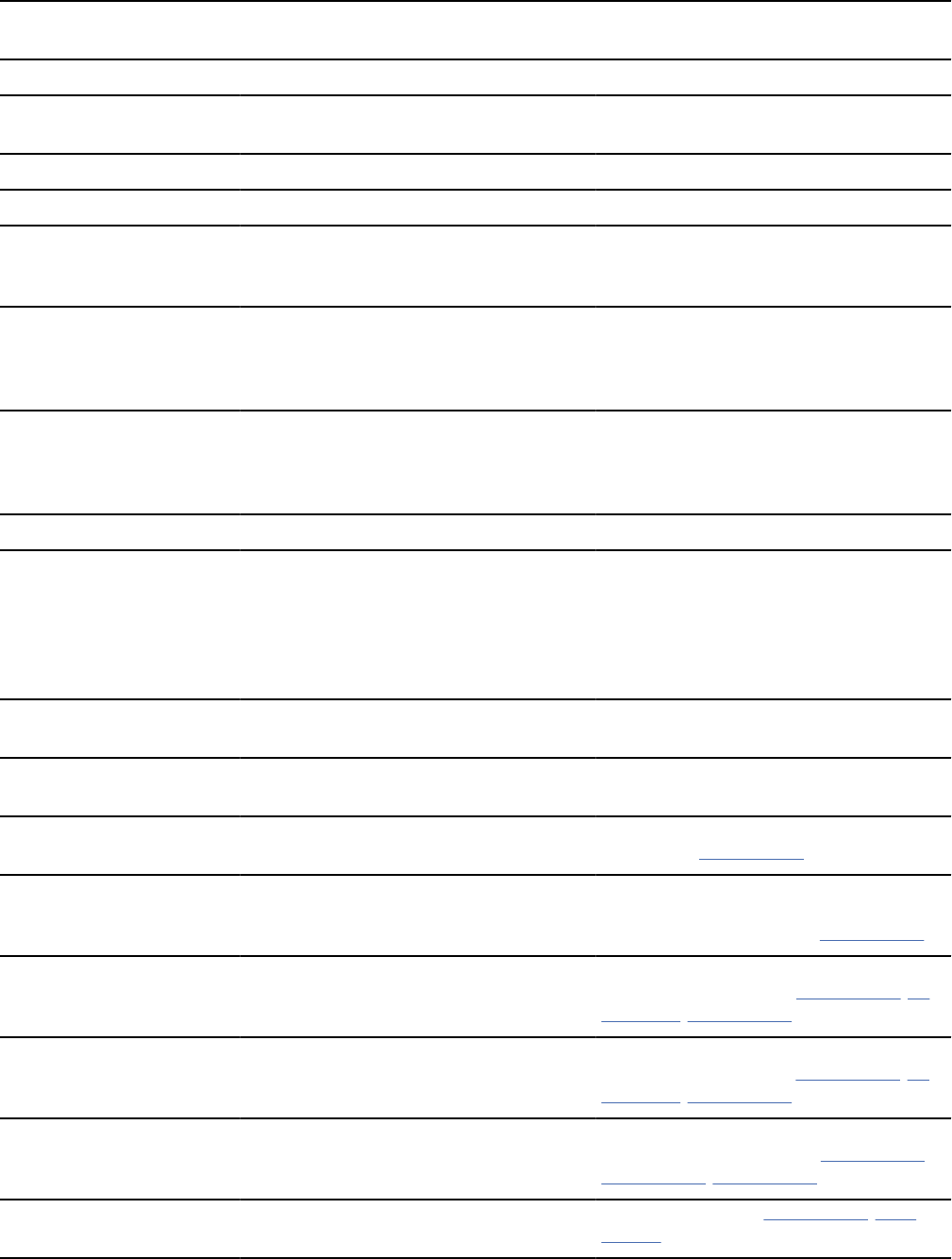
Table 117. PL/I host variable equivalents that you can use when retrieving data of a particular SQL data type
(continued)
SQL data type PL/I host variable equivalent Remarks
VARGRAPHIC(n) GRAPHIC(n) VARYING or WIDECHAR(n)
VARYING
n refers to the number of double-byte
characters, not to the number of bytes.
BINARY(n) SQL TYPE IS BINARY(n) 1≤n≤255
VARBINARY(n) SQL TYPE IS VARBINARY(n) 1≤n≤32704
DATE CHAR(n) If you are using a date exit routine, that
routine determines n; otherwise, n must
be at least 10.
TIME CHAR(n) If you are using a time exit routine, that
routine determines n. Otherwise, n must
be at least 6; to include seconds, n must
be at least 8.
TIMESTAMP CHAR(n) n must be at least 19. To include
microseconds, n must be 26; if n is
less than 26, the microseconds part is
truncated.
TIMESTAMP(0) CHAR(n) n must be at least 19.
TIMESTAMP(p) p > 0 CHAR(n) n must be at least 19. To include
fractional seconds, n must be 20+x
where x is the number of fractional
seconds to include; if x is less than
p, truncation occurs on the fractional
seconds part.
TIMESTAMP(0) WITH
TIME ZONE
CHAR(n) VAR n must be at least 25.
TIMESTAMP(p) WITH
TIME ZONE
CHAR(n) VAR n must be at least 26+p.
Result set locator SQL TYPE IS RESULT_SET_LOCATOR Use this data type only for receiving
result sets.
“3” on page 725
Table locator SQL TYPE IS TABLE LIKE table-name AS
LOCATOR
Use this data type only in a user-dened
function or stored procedure to receive
rows of a transition table.
“3” on page 725
BLOB locator SQL TYPE IS BLOB_LOCATOR Use this data type only to manipulate
data in BLOB columns.
“3” on page 725, “6”
on page 725, “7” on page 725
CLOB locator SQL TYPE IS CLOB_LOCATOR Use this data type only to manipulate
data in CLOB columns.
“3” on page 725, “6”
on page 725, “7” on page 725
DBCLOB locator SQL TYPE IS DBCLOB_LOCATOR Use this data type only to manipulate
data in DBCLOB columns.
“3” on page 725,
“6” on page 725, “7” on page 725
BLOB(n) SQL TYPE IS BLOB(n) 1≤n≤2147483647
“6” on page 725, “7” on
page 725
724Db2 12 for z/OS: Application Programming and SQL Guide (Last updated: 2024-07-30)
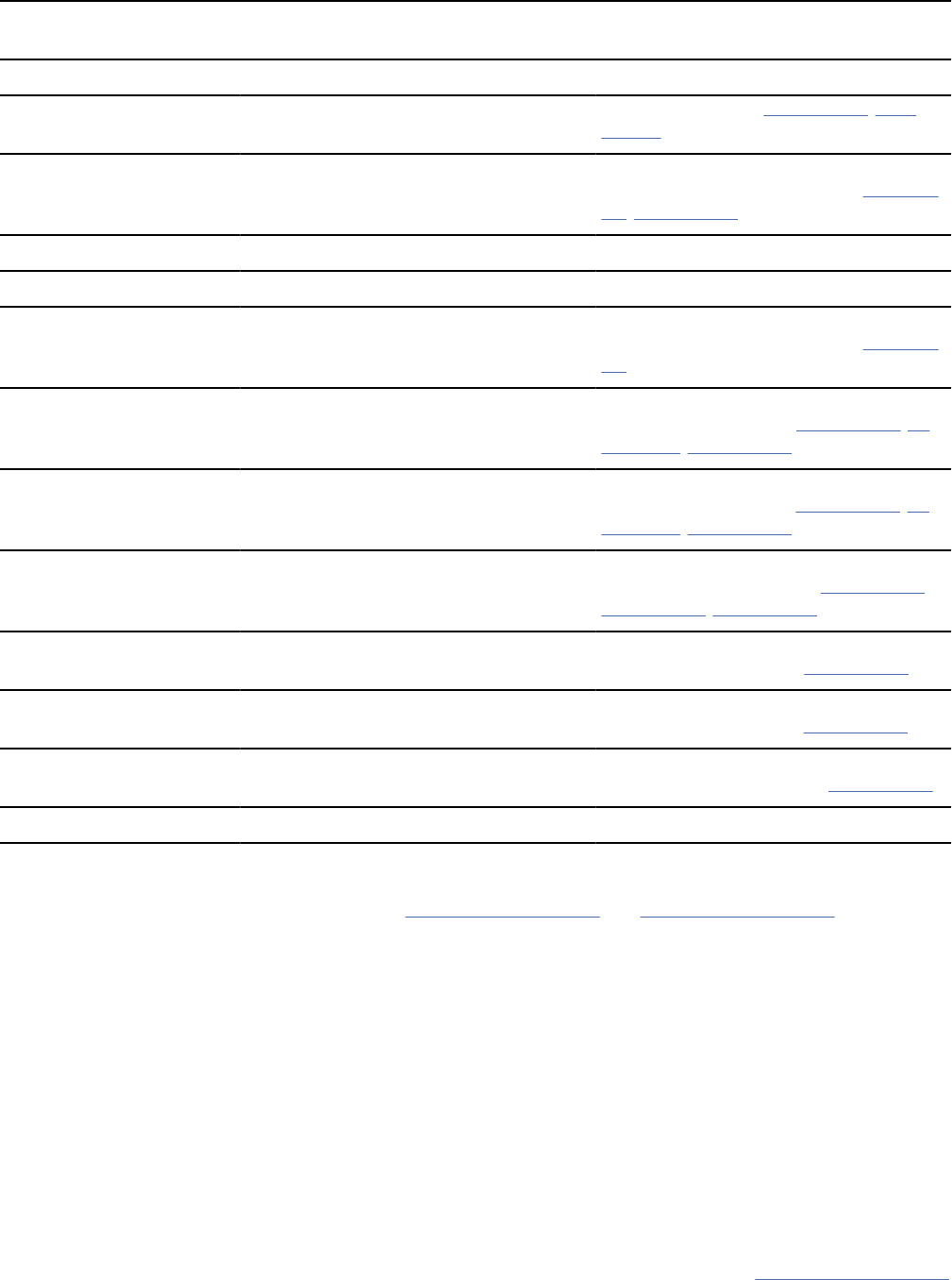
Table 117. PL/I host variable equivalents that you can use when retrieving data of a particular SQL data type
(continued)
SQL data type PL/I host variable equivalent Remarks
CLOB(n) SQL TYPE IS CLOB(n) 1≤n≤2147483647
“6” on page 725, “7” on
page 725
DBCLOB(n) SQL TYPE IS DBCLOB(n) n is the number of double-byte
characters. 1≤n≤1073741823
“5” on page
725, “7” on page 725
XML SQL TYPE IS XML AS BLOB(n) 1≤n≤2147483647
XML SQL TYPE IS XML AS CLOB(n) 1≤n≤2147483647
XML SQL TYPE IS XML AS DBCLOB(n) n is the number of double-byte
characters. 1≤n≤1073741823
“6” on page
725
BLOB le reference SQL TYPE IS BLOB_FILE Use this data type only to manipulate
data in BLOB columns.
“3” on page 725, “6”
on page 725, “7” on page 725
CLOB le reference SQL TYPE IS CLOB_FILE Use this data type only to manipulate
data in CLOB columns.
“3” on page 725, “6”
on page 725, “7” on page 725
DBCLOB le reference SQL TYPE IS DBCLOB_FILE Use this data type only to manipulate
data in DBCLOB columns.
“3” on page 725,
“6” on page 725, “7” on page 725
XML BLOB le reference SQL TYPE IS XML AS BLOB_FILE Use this data type only to manipulate
XML data as BLOB les.
“3” on page 725
XML CLOB le reference SQL TYPE IS XML AS CLOB_FILE Use this data type only to manipulate
XML data as CLOB les.
“3” on page 725
XML DBCLOB le reference SQL TYPE IS XML AS DBCLOB_FILE Use this data type only to manipulate
XML data as DBCLOB les.
“3” on page 725
ROWID SQL TYPE IS ROWID
Table notes:
The following notes apply as indicated to Table 116 on page 721 and Table 117 on page 723.
1. If a host variable includes an indicator variable, the SQLTYPE value is the base SQLTYPE value plus 1.
2. If p=0, Db2 interprets it as DECIMAL(31). For example, Db2 interprets a PL/I data type of DEC
FIXED(0,0) to be DECIMAL(31,0), which equates to the SQL data type of DECIMAL(31,0).
3. Do not use this data type as a column type.
4. n is the number of double-byte characters.
5. CCSID 1200 is always assigned to WIDECHAR type host var.
6. The data type conversions can be used only if the Db2 coprocessor is used, and the PL/I compiler
options FLOAT(DFP) and ARCH(7) are specied.
7. Specify the following compiler options when you compile your program: LIMITS(FIXEDBIN(63),
FIXEDDEC(31)).
The following table shows the PL/I language denitions to use in PL/I stored procedures and user-dened
functions, when the parameter data types in the routine denitions are LOBs, ROWIDs, or locators. For
other parameter data types, the PL/I language denitions are the same as those in Table 117 on page 723
above.
Chapter 4. Embedded SQL programming
725
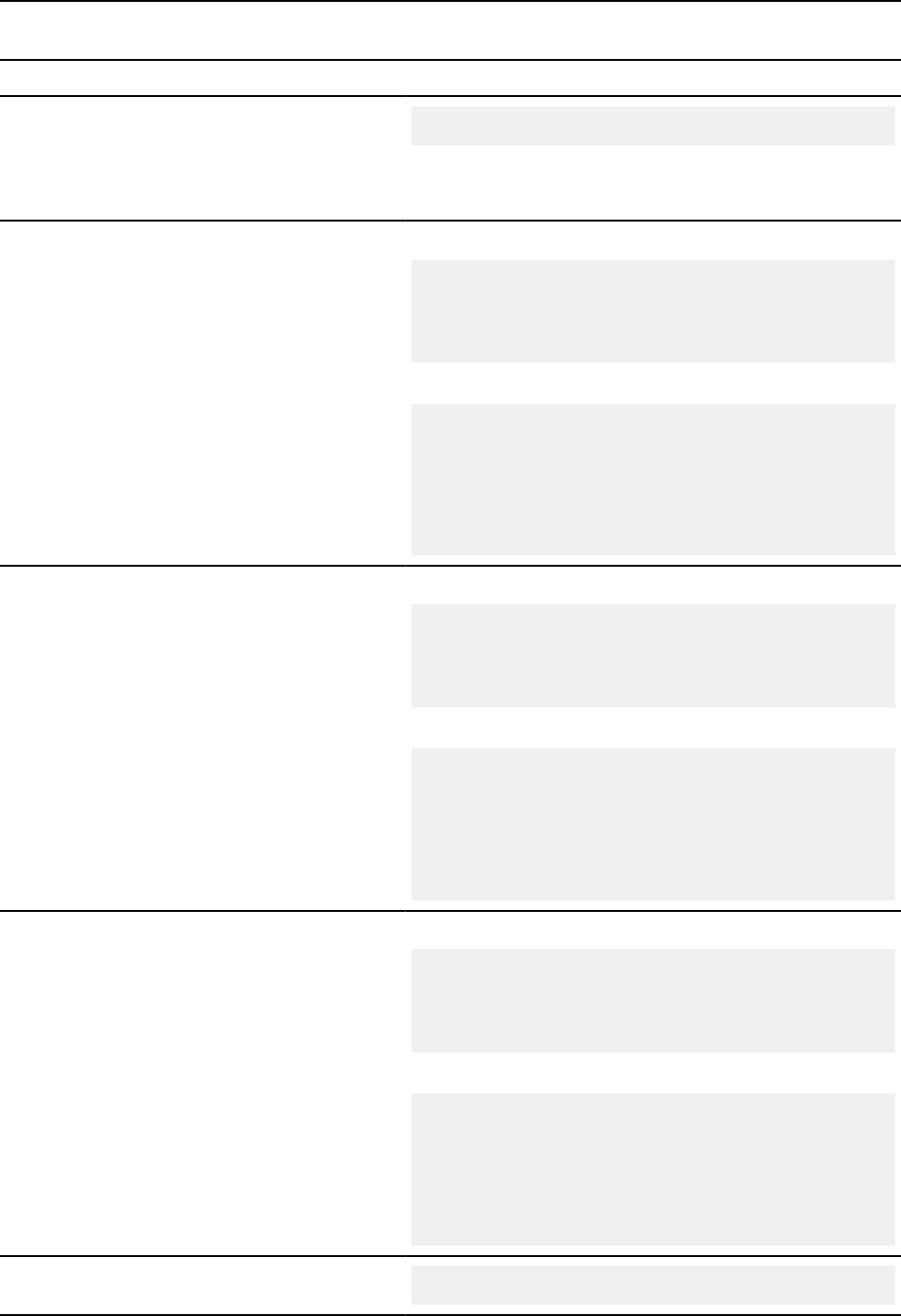
Table 118. Equivalent PL/I language declarations for LOBs, ROWIDs, and locators in user-dened routine
denitions
SQL data type in denition PL/I
TABLE LOCATOR
BLOB LOCATOR
CLOB LOCATOR
DBCLOB LOCATOR
BIN FIXED(31)
BLOB(n)
If n <= 32767:
01 var,
03 var_LENGTH
BIN FIXED(31),
03 var_DATA
CHAR(n);
If n > 32767:
01 var,
02 var_LENGTH
BIN FIXED(31),
02 var_DATA,
03 var_DATA1(n)
CHAR(32767),
03 var_DATA2
CHAR(mod(n,32767));
CLOB(n)
If n <= 32767:
01 var,
03 var_LENGTH
BIN FIXED(31),
03 var_DATA
CHAR(n);
If n > 32767:
01 var,
02 var_LENGTH
BIN FIXED(31),
02 var_DATA,
03 var_DATA1(n)
CHAR(32767),
03 var_DATA2
CHAR(mod(n,32767));
DBCLOB(n)
If n <= 16383:
01 var,
03 var_LENGTH
BIN FIXED(31),
03 var_DATA
GRAPHIC(n);
If n > 16383:
01 var,
02 var_LENGTH
BIN FIXED(31),
02 var_DATA,
03 var_DATA1(n)
GRAPHIC(16383),
03 var_DATA2
GRAPHIC(mod(n,16383));
ROWID
CHAR(40) VAR;
726Db2 12 for z/OS: Application Programming and SQL Guide (Last updated: 2024-07-30)

Related concepts
Compatibility of SQL and language data types
The host variable data types that are used in SQL statements must be compatible with the data types of
the columns with which you intend to use them.
LOB host variable, LOB locator, and LOB le reference variable declarations
When you write applications to manipulate LOB data, you need to declare host variables to hold the LOB
data or LOB locator. Alternatively, you need to declare LOB le reference variables to point to the LOB
data.
Host variable data types for XML data in embedded SQL applications (Db2 Programming for XML)
REXX applications that issue SQL statements
You can code SQL statements in a REXX programs wherever you can use REXX commands.
Db2 REXX Language Support supports all dynamic SQL statements and the following static SQL
statements:
• CALL
• CLOSE
• CONNECT
• DECLARE CURSOR
• DESCRIBE prepared statement or table
• DESCRIBE CURSOR
• DESCRIBE INPUT
• DESCRIBE PROCEDURE
• EXECUTE
• EXECUTE IMMEDIATE
• FETCH
• OPEN
• PREPARE
• RELEASE connection
• SET CONNECTION
• SET CURRENT PACKAGE PATH
• SET CURRENT PACKAGESET
• SET host-variable = CURRENT DATE
• SET host-variable = CURRENT DEGREE
• SET host-variable = CURRENT MEMBER
• SET host-variable = CURRENT PACKAGESET
• SET host-variable = CURRENT PATH
• SET host-variable = CURRENT SERVER
• SET host-variable = CURRENT SQLID
• SET host-variable = CURRENT TIME
• SET host-variable = CURRENT TIMESTAMP
• SET host-variable = CURRENT TIMEZONE
Each SQL statement in a REXX program must begin with EXECSQL, in either upper-, lower-, or mixed-
case. One of the following items must follow EXECSQL:
• An SQL statement enclosed in single or double quotation marks.
Chapter 4. Embedded SQL programming
727
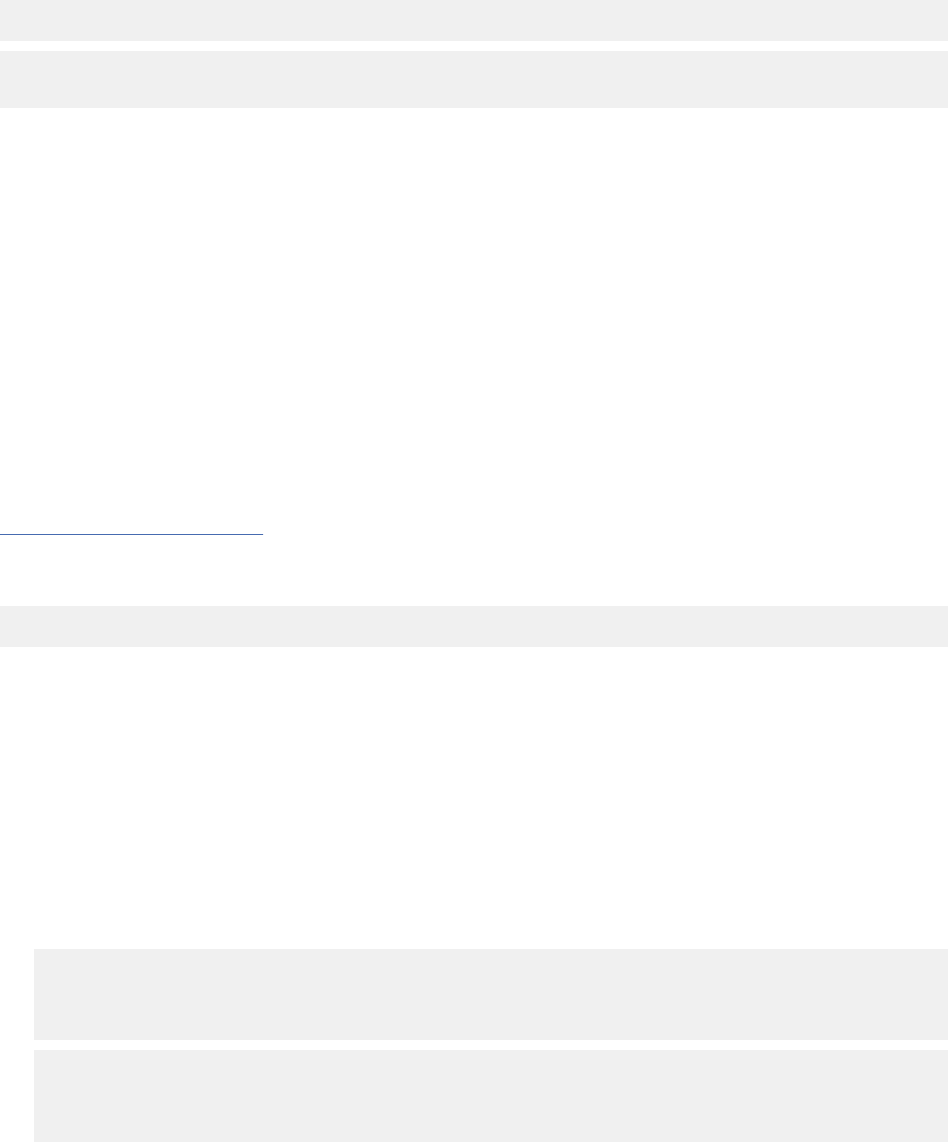
• A REXX variable that contains an SQL statement. The REXX variable must not be preceded by a colon.
For example, you can use either of the following methods to execute the COMMIT statement in a REXX
program:
EXECSQL "COMMIT"
rexxvar="COMMIT"
EXECSQL rexxvar
The following dynamic statements must be executed using EXECUTE IMMEDIATE or PREPARE and
EXECUTE under DSNREXX:
• DECLARE GLOBAL TEMPORARY TABLE
• SET CURRENT DEBUG MODE
• SET CURRENT DECFLOAT ROUNDING MODE
• SET CURRENT MAINTAINED TABLE TYPES FOR OPTIMIZATION
• SET CURRENT QUERY ACCELERATION
• SET CURRENT REFRESH AGE
• SET CURRENT ROUTINE VERSION
• SET SCHEMA
You cannot execute a SELECT, INSERT, UPDATE, MERGE, or DELETE statement that contains host
variables. Instead, you must execute PREPARE on the statement, with parameter markers substituted
for the host variables, and then use the host variables in an EXECUTE, OPEN, or FETCH statement. See
“Host variables” on page 475
for more information.
An SQL statement follows rules that apply to REXX commands. The SQL statement can optionally end
with a semicolon and can be enclosed in single or double quotation marks, as in the following example:
'EXECSQL COMMIT';
Comments
You cannot include REXX comments (/* … */) or SQL comments (--) within SQL statements. However,
you can include REXX comments anywhere else in the program.
Delimiters for SQL statements
Delimit SQL statements in REXX program by preceding the statement with EXECSQL. If the statement
is in a literal string, enclose it in single or double quotation marks.
Continuation for SQL statements
SQL statements that span lines follow REXX rules for statement continuation. You can break the
statement into several strings, each of which ts on a line, and separate the strings with commas or
with concatenation operators followed by commas. For example, either of the following statements is
valid:
EXECSQL ,
"UPDATE DSN8C10.DEPT" ,
"SET MGRNO = '000010'" ,
"WHERE DEPTNO = 'D11'"
"EXECSQL " || ,
" UPDATE DSN8C10.DEPT " || ,
" SET MGRNO = '000010'" || ,
" WHERE DEPTNO = 'D11'"
Including code
The EXECSQL INCLUDE statement is not valid for REXX. You therefore cannot include externally
dened SQL statements in a program.
Margins
Like REXX commands, SQL statements can begin and end anywhere on a line.
728
Db2 12 for z/OS: Application Programming and SQL Guide (Last updated: 2024-07-30)
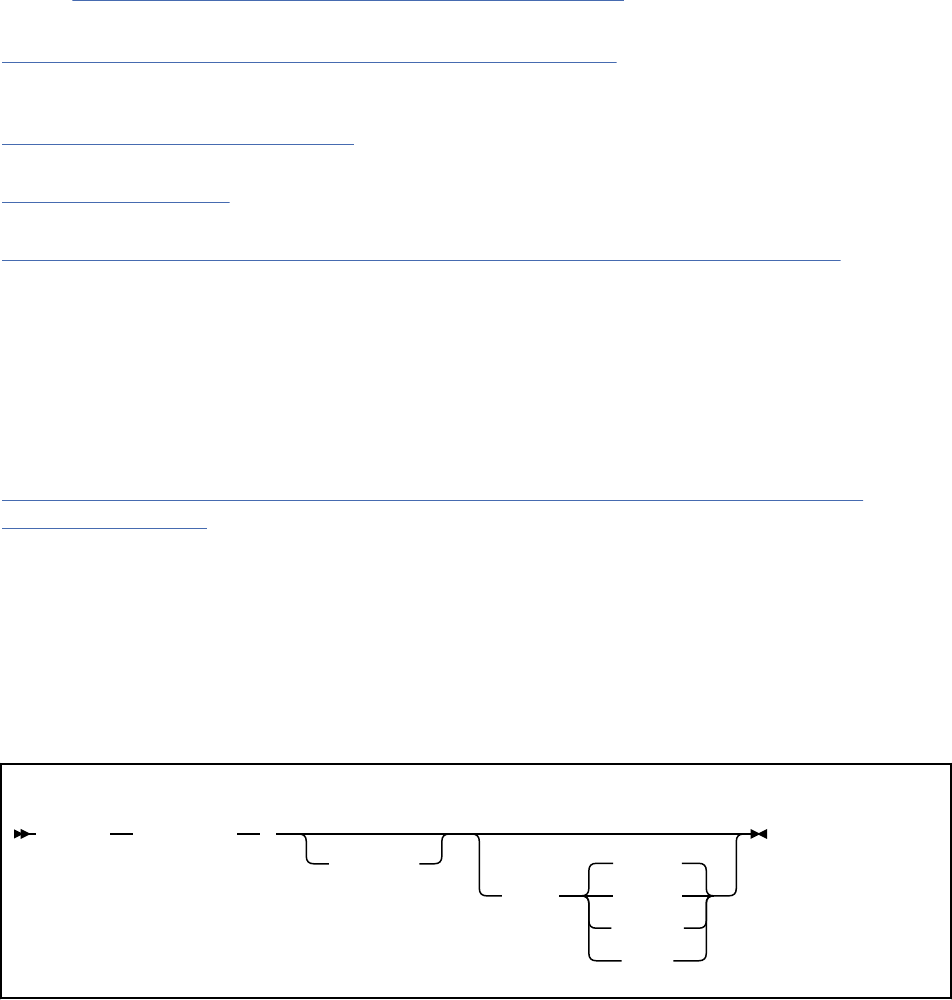
You can use any valid REXX name that does not end with a period as a host variable. However, host
variable names should not begin with 'SQL', 'RDI', 'DSN', 'RXSQL', or 'QRW'. Variable names can be at
most 64 bytes.
Nulls
A REXX null value and an SQL null value are different. The REXX language has a null string (a string of
length 0) and a null clause (a clause that contains only blanks and comments). The SQL null value is
a special value that is distinct from all nonnull values and denotes the absence of a value. Assigning a
REXX null value to a Db2 column does not make the column value null.
Statement labels
You can precede an SQL statement with a label, in the same way that you label REXX commands.
Handling SQL error codes
Rexx applications can request more information about SQL errors from Db2. For more information,
see “Handling SQL error codes in REXX applications” on page 752.
Related tasks
Overview of programming applications that access Db2 for z/OS data
Applications that interact with Db2 must rst connect to Db2. They can then read, add, or modify data or
manipulate Db2 objects.
Including dynamic SQL in your program
Dynamic SQL is prepared and executed while the program is running.
Handling SQL error codes
Application programs can request more information about SQL error codes from Db2.
Setting limits for system resource usage by using the resource limit facility (Db2 Performance)
REXX programming examples
You can write Db2 programs in REXX. These programs can access a local or remote Db2 subsystem
and can execute static or dynamic SQL statements. This information contains several such programming
examples.
To prepare and run these applications, use the JCL in prex.SDSNSAMP as a model for your JCL.
Related reference
Assembler, C, C++, COBOL, PL/I, and REXX programming examples (Db2 Programming samples)
Db2 for z/OS Exchange
Sample Db2 REXX application
You can use a REXX application to accept a table name as input and produce a SELECT, INSERT, or
UPDATE SQL statement or a LOAD utility statement for the specied table as output.
The following example shows a complete Db2 REXX application named DRAW. DRAW must be invoked
from the command line of an ISPF edit session. DRAW takes a table or view name as input and produces a
SELECT, INSERT, or UPDATE SQL statement or a LOAD utility control statement that includes the columns
of the table as output.
DRAW syntax:
%DRAW object-name (
SSID=
ssid
TYPE=
SELECT
INSERT
UPDATE
LOAD
DRAW parameters:
Chapter 4. Embedded SQL programming
729
object-name
The name of the table or view for which DRAW builds an SQL statement or utility control statement.
The name can be a one-, two-, or three-part name. The table or view to which object-name refers
must exist before DRAW can run.
object-name is a required parameter.
SSID=ssid
Species the name of the local Db2 subsystem.
S can be used as an abbreviation for SSID.
If you invoke DRAW from the command line of the edit session in SPUFI, SSID=ssid is an optional
parameter. DRAW uses the subsystem ID from the DB2I Defaults panel.
TYPE=operation-type
The type of statement that DRAW builds.
T can be used as an abbreviation for TYPE.
operation-type has one of the following values:
SELECT
Builds a SELECT statement in which the result table contains all columns of object-name.
S can be used as an abbreviation for SELECT.
INSERT
Builds a template for an INSERT statement that inserts values into all columns of object-name.
The template contains comments that indicate where the user can place column values.
I can be used as an abbreviation for INSERT.
UPDATE
Builds a template for an UPDATE statement that updates columns of object-name. The template
contains comments that indicate where the user can place column values and qualify the update
operation for selected rows.
U can be used as an abbreviation for UPDATE.
LOAD
Builds a template for a LOAD utility control statement for object-name.
L can be used as an abbreviation for LOAD.
TYPE=operation-type is an optional parameter. The default is TYPE=SELECT.
DRAW data sets:
Edit data set
The data set from which you issue the DRAW command when you are in an ISPF edit session. If you
issue the DRAW command from a SPUFI session, this data set is the data set that you specify in eld 1
of the main SPUFI panel (DSNESP01). The output from the DRAW command goes into this data set.
DRAW return codes:
Return code
Meaning
0
Successful completion.
12
An error occurred when DRAW edited the input le.
20
One of the following errors occurred:
• No input parameters were specied.
• One of the input parameters was not valid.
730
Db2 12 for z/OS: Application Programming and SQL Guide (Last updated: 2024-07-30)
• An SQL error occurred when the output statement was generated.
Examples of DRAW invocation:
Generate a SELECT statement for table DSN8C10.EMP at the local subsystem. Use the default DB2I
subsystem ID.
The DRAW invocation is:
DRAW DSN8C10.EMP (TYPE=SELECT
The output is:
SELECT "EMPNO" , "FIRSTNME" , "MIDINIT" , "LASTNAME" , "WORKDEPT" ,
"PHONENO" , "HIREDATE" , "JOB" , "EDLEVEL" , "SEX" , "BIRTHDATE" ,
"SALARY" , "BONUS" , "COMM"
FROM DSN8C10.EMP
Generate a template for an INSERT statement that inserts values into table DSN8C10.EMP at location
SAN_JOSE. The local subsystem ID is DSN.
The DRAW invocation is:
DRAW SAN_JOSE.DSN8C10.EMP (TYPE=INSERT SSID=DSN
The output is:
INSERT INTO SAN_JOSE.DSN8C10.EMP ( "EMPNO" , "FIRSTNME" , "MIDINIT" ,
"LASTNAME" , "WORKDEPT" , "PHONENO" , "HIREDATE" , "JOB" ,
"EDLEVEL" , "SEX" , "BIRTHDATE" , "SALARY" , "BONUS" , "COMM" )
VALUES (
-- ENTER VALUES BELOW COLUMN NAME DATA TYPE
, -- EMPNO CHAR(6) NOT NULL
, -- FIRSTNME VARCHAR(12) NOT NULL
, -- MIDINIT CHAR(1) NOT NULL
, -- LASTNAME VARCHAR(15) NOT NULL
, -- WORKDEPT CHAR(3)
, -- PHONENO CHAR(4)
, -- HIREDATE DATE
, -- JOB CHAR(8)
, -- EDLEVEL SMALLINT
, -- SEX CHAR(1)
, -- BIRTHDATE DATE
, -- SALARY DECIMAL(9,2)
, -- BONUS DECIMAL(9,2)
) -- COMM DECIMAL(9,2)
Generate a template for an UPDATE statement that updates values of table DSN8C10.EMP. The local
subsystem ID is DSN.
The DRAW invocation is:
DRAW DSN8C10.EMP (TYPE=UPDATE SSID=DSN
The output is:
UPDATE DSN8C10.EMP SET
-- COLUMN NAME ENTER VALUES BELOW DATA TYPE
"EMPNO"= -- CHAR(6) NOT NULL
, "FIRSTNME"= -- VARCHAR(12) NOT NULL
, "MIDINIT"= -- CHAR(1) NOT NULL
, "LASTNAME"= -- VARCHAR(15) NOT NULL
, "WORKDEPT"= -- CHAR(3)
, "PHONENO"= -- CHAR(4)
, "HIREDATE"= -- DATE
, "JOB"= -- CHAR(8)
, "EDLEVEL"= -- SMALLINT
, "SEX"= -- CHAR(1)
, "BIRTHDATE"= -- DATE
, "SALARY"= -- DECIMAL(9,2)
, "BONUS"= -- DECIMAL(9,2)
Chapter 4. Embedded SQL programming
731

, "COMM"= -- DECIMAL(9,2)
WHERE
Generate a LOAD control statement to load values into table DSN8C10.EMP. The local subsystem ID is
DSN.
The draw invocation is:
DRAW DSN8C10.EMP (TYPE=LOAD SSID=DSN
The output is:
LOAD DATA INDDN SYSREC INTO TABLE DSN8C10.EMP
( "EMPNO" POSITION( 1) CHAR(6)
, "FIRSTNME" POSITION( 8) VARCHAR
, "MIDINIT" POSITION( 21) CHAR(1)
, "LASTNAME" POSITION( 23) VARCHAR
, "WORKDEPT" POSITION( 39) CHAR(3)
NULLIF( 39)='?'
, "PHONENO" POSITION( 43) CHAR(4)
NULLIF( 43)='?'
, "HIREDATE" POSITION( 48) DATE EXTERNAL
NULLIF( 48)='?'
, "JOB" POSITION( 59) CHAR(8)
NULLIF( 59)='?'
, "EDLEVEL" POSITION( 68) SMALLINT
NULLIF( 68)='?'
, "SEX" POSITION( 71) CHAR(1)
NULLIF( 71)='?'
, "BIRTHDATE" POSITION( 73) DATE EXTERNAL
NULLIF( 73)='?'
, "SALARY" POSITION( 84) DECIMAL EXTERNAL(9,2)
NULLIF( 84)='?'
, "BONUS" POSITION( 90) DECIMAL EXTERNAL(9,2)
NULLIF( 90)='?'
, "COMM" POSITION( 96) DECIMAL EXTERNAL(9,2)
NULLIF( 96)='?'
)
DRAW source code:
/* REXX ***************************************************************/
L1 = WHEREAMI()
/*
DRAW creates basic SQL queries by retrieving the description of a
table. You must specify the name of the table or view to be queried.
You can specify the type of query you want to compose. You might need
to specify the name of the DB2 subsystem.
>>--DRAW-----tablename-----|---------------------------|-------><
|-(-|-Ssid=subsystem-name-|-|
| +-Select-+ |
|-Type=-|-Insert-|----|
|-Update-|
+--Load--+
Ssid=subsystem-name
subsystem-name specified the name of a DB2 subsystem.
Select
Composes a basic query for selecting data from the columns of a
table or view. If TYPE is not specified, SELECT is assumed.
Using SELECT with the DRAW command produces a query that would
retrieve all rows and all columns from the specified table. You
can then modify the query as needed.
A SELECT query of EMP composed by DRAW looks like this:
SELECT "EMPNO" , "FIRSTNME" , "MIDINIT" , "LASTNAME" , "WORKDEPT" ,
"PHONENO" , "HIREDATE" , "JOB" , "EDLEVEL" , "SEX" , "BIRTHDATE" ,
"SALARY" , "BONUS" , "COMM"
FROM DSN8C10.EMP
If you include a location qualifier, the query looks like this:
SELECT "EMPNO" , "FIRSTNME" , "MIDINIT" , "LASTNAME" , "WORKDEPT" ,
"PHONENO" , "HIREDATE" , "JOB" , "EDLEVEL" , "SEX" , "BIRTHDATE" ,
"SALARY" , "BONUS" , "COMM"
FROM STLEC1.DSN8C10.EMP
To use this SELECT query, type the other clauses you need. If
you are selecting from more than one table, use a DRAW command
for each table name you want represented.
732
Db2 12 for z/OS: Application Programming and SQL Guide (Last updated: 2024-07-30)

Insert
Composes a basic query to insert data into the columns of a table
or view.
The following example shows an INSERT query of EMP that
DRAW composed:
INSERT INTO DSN8C10.EMP ( "EMPNO" , "FIRSTNME" , "MIDINIT" , "LASTNAME" ,
"WORKDEPT" , "PHONENO" , "HIREDATE" , "JOB" , "EDLEVEL" , "SEX" ,
"BIRTHDATE" , "SALARY" , "BONUS" , "COMM" )
VALUES (
-- ENTER VALUES BELOW COLUMN NAME DATA TYPE
, -- EMPNO CHAR(6) NOT NULL
, -- FIRSTNME VARCHAR(12) NOT NULL
, -- MIDINIT CHAR(1) NOT NULL
, -- LASTNAME VARCHAR(15) NOT NULL
, -- WORKDEPT CHAR(3)
, -- PHONENO CHAR(4)
, -- HIREDATE DATE
, -- JOB CHAR(8)
, -- EDLEVEL SMALLINT
, -- SEX CHAR(1)
, -- BIRTHDATE DATE
, -- SALARY DECIMAL(9,2)
, -- BONUS DECIMAL(9,2)
) -- COMM DECIMAL(9,2)
To insert values into EMP, type values to the left of the
column names.
Update
Composes a basic query to change the data in a table or view.
The following example shows an UPDATE query of EMP composed
by DRAW:
UPDATE DSN8C10.EMP SET
-- COLUMN NAME ENTER VALUES BELOW DATA TYPE
"EMPNO"= -- CHAR(6) NOT NULL
, "FIRSTNME"= -- VARCHAR(12) NOT NULL
, "MIDINIT"= -- CHAR(1) NOT NULL
, "LASTNAME"= -- VARCHAR(15) NOT NULL
, "WORKDEPT"= -- CHAR(3)
, "PHONENO"= -- CHAR(4)
, "HIREDATE"= -- DATE
, "JOB"= -- CHAR(8)
, "EDLEVEL"= -- SMALLINT
, "SEX"= -- CHAR(1)
, "BIRTHDATE"= -- DATE
, "SALARY"= -- DECIMAL(9,2)
, "BONUS"= -- DECIMAL(9,2)
, "COMM"= -- DECIMAL(9,2)
WHERE
To use this UPDATE query, type the changes you want to make to
the right of the column names, and delete the lines you do not
need. Be sure to complete the WHERE clause.
Load
Composes a load statement to load the data in a table.
The following example shows a LOAD statement of EMP composed
by DRAW:
LOAD DATA INDDN SYSREC INTO TABLE DSN8C10 .EMP
( "EMPNO" POSITION( 1) CHAR(6)
, "FIRSTNME" POSITION( 8) VARCHAR
, "MIDINIT" POSITION( 21) CHAR(1)
, "LASTNAME" POSITION( 23) VARCHAR
, "WORKDEPT" POSITION( 39) CHAR(3)
NULLIF( 39)='?'
, "PHONENO" POSITION( 43) CHAR(4)
NULLIF( 43)='?'
, "HIREDATE" POSITION( 48) DATE EXTERNAL
NULLIF( 48)='?'
, "JOB" POSITION( 59) CHAR(8)
NULLIF( 59)='?'
, "EDLEVEL" POSITION( 68) SMALLINT
NULLIF( 68)='?'
, "SEX" POSITION( 71) CHAR(1)
NULLIF( 71)='?'
, "BIRTHDATE" POSITION( 73) DATE EXTERNAL
NULLIF( 73)='?'
, "SALARY" POSITION( 84) DECIMAL EXTERNAL(9,2)
NULLIF( 84)='?'
, "BONUS" POSITION( 90) DECIMAL EXTERNAL(9,2)
NULLIF( 90)='?'
, "COMM" POSITION( 96) DECIMAL EXTERNAL(9,2)
Chapter 4. Embedded SQL programming
733

NULLIF( 96)='?'
)
To use this LOAD statement, type the changes you want to make,
and delete the lines you do not need.
*/
L2 = WHEREAMI()
/**********************************************************************/
/* TRACE ?R */
/**********************************************************************/
Address ISPEXEC
"ISREDIT MACRO (ARGS) NOPROCESS"
If ARGS = "" Then
Do
Do I = L1+2 To L2-2;Say SourceLine(I);End
Exit (20)
End
Parse Upper Var Args Table "(" Parms
Parms = Translate(Parms," ",",")
Type = "SELECT" /* Default */
SSID = "" /* Default */
"VGET (DSNEOV01)"
If RC = 0 Then SSID = DSNEOV01
If (Parms <> "") Then
Do Until(Parms = "")
Parse Var Parms Var "=" Value Parms
If Var = "T" | Var = "TYPE" Then Type = Value
Else
If Var = "S" | Var = "SSID" Then SSID = Value
Else
Exit (20)
End
"CONTROL ERRORS RETURN"
"ISREDIT (LEFTBND,RIGHTBND) = BOUNDS"
"ISREDIT (LRECL) = DATA_WIDTH" /*LRECL*/
BndSize = RightBnd - LeftBnd + 1
If BndSize > 72 Then BndSize = 72
"ISREDIT PROCESS DEST"
Select
When rc = 0 Then
'ISREDIT (ZDEST) = LINENUM .ZDEST'
When rc <= 8 Then /* No A or B entered */
Do
zedsmsg = 'Enter "A"/"B" line cmd'
zedlmsg = 'DRAW requires an "A" or "B" line command'
'SETMSG MSG(ISRZ001)'
Exit 12
End
When rc < 20 Then /* Conflicting line commands - edit sets message */
Exit 12
When rc = 20 Then
zdest = 0
Otherwise
Exit 12
End
SQLTYPE. = "UNKNOWN TYPE"
VCHTYPE = 448; SQLTYPES.VCHTYPE = 'VARCHAR'
CHTYPE = 452; SQLTYPES.CHTYPE = 'CHAR'
LVCHTYPE = 456; SQLTYPES.LVCHTYPE = 'VARCHAR'
VGRTYP = 464; SQLTYPES.VGRTYP = 'VARGRAPHIC'
GRTYP = 468; SQLTYPES.GRTYP = 'GRAPHIC'
LVGRTYP = 472; SQLTYPES.LVGRTYP = 'VARGRAPHIC'
FLOTYPE = 480; SQLTYPES.FLOTYPE = 'FLOAT'
DCTYPE = 484; SQLTYPES.DCTYPE = 'DECIMAL'
INTYPE = 496; SQLTYPES.INTYPE = 'INTEGER'
SMTYPE = 500; SQLTYPES.SMTYPE = 'SMALLINT'
DATYPE = 384; SQLTYPES.DATYPE = 'DATE'
TITYPE = 388; SQLTYPES.TITYPE = 'TIME'
TSTYPE = 392; SQLTYPES.TSTYPE = 'TIMESTAMP'
Address TSO "SUBCOM DSNREXX" /* HOST CMD ENV AVAILABLE? */
IF RC THEN /* NO, LET'S MAKE ONE */
S_RC = RXSUBCOM('ADD','DSNREXX','DSNREXX') /* ADD HOST CMD ENV */
Address DSNREXX "CONNECT" SSID
If SQLCODE ^= 0 Then Call SQLCA
Address DSNREXX "EXECSQL DESCRIBE TABLE :TABLE INTO :SQLDA"
If SQLCODE ^= 0 Then Call SQLCA
Address DSNREXX "EXECSQL COMMIT"
Address DSNREXX "DISCONNECT"
If SQLCODE ^= 0 Then Call SQLCA
734
Db2 12 for z/OS: Application Programming and SQL Guide (Last updated: 2024-07-30)

Select
When (Left(Type,1) = "S") Then
Call DrawSelect
When (Left(Type,1) = "I") Then
Call DrawInsert
When (Left(Type,1) = "U") Then
Call DrawUpdate
When (Left(Type,1) = "L") Then
Call DrawLoad
Otherwise EXIT (20)
End
Do I = LINE.0 To 1 By -1
LINE = COPIES(" ",LEFTBND-1)||LINE.I
'ISREDIT LINE_AFTER 'zdest' = DATALINE (Line)'
End
line1 = zdest + 1
'ISREDIT CURSOR = 'line1 0
Exit
/**********************************************************************/
WHEREAMI:; RETURN SIGL
/**********************************************************************/
/* Draw SELECT */
/**********************************************************************/
DrawSelect:
Line.0 = 0
Line = "SELECT"
Do I = 1 To SQLDA.SQLD
If I > 1 Then Line = Line ','
ColName = '"'SQLDA.I.SQLNAME'"'
Null = SQLDA.I.SQLTYPE//2
If Length(Line)+Length(ColName)+LENGTH(" ,") > BndSize THEN
Do
L = Line.0 + 1; Line.0 = L
Line.L = Line
Line = " "
End
Line = Line ColName
End I
If Line ^= "" Then
Do
L = Line.0 + 1; Line.0 = L
Line.L = Line
Line = " "
End
L = Line.0 + 1; Line.0 = L
Line.L = "FROM" TABLE
Return
/**********************************************************************/
/* Draw INSERT */
/**********************************************************************/
DrawInsert:
Line.0 = 0
Line = "INSERT INTO" TABLE "("
Do I = 1 To SQLDA.SQLD
If I > 1 Then Line = Line ','
ColName = '"'SQLDA.I.SQLNAME'"'
If Length(Line)+Length(ColName) > BndSize THEN
Do
L = Line.0 + 1; Line.0 = L
Line.L = Line
Line = " "
End
Line = Line ColName
If I = SQLDA.SQLD Then Line = Line ')'
End I
If Line ^= "" Then
Do
L = Line.0 + 1; Line.0 = L
Line.L = Line
Line = " "
End
L = Line.0 + 1; Line.0 = L
Line.L = " VALUES ("
L = Line.0 + 1; Line.0 = L
Line.L = ,
"-- ENTER VALUES BELOW COLUMN NAME DATA TYPE"
Do I = 1 To SQLDA.SQLD
If SQLDA.SQLD > 1 & I < SQLDA.SQLD Then
Chapter 4. Embedded SQL programming
735

Line = " , --"
Else
Line = " ) --"
Line = Line Left(SQLDA.I.SQLNAME,18)
Type = SQLDA.I.SQLTYPE
Null = Type//2
If Null Then Type = Type - 1
Len = SQLDA.I.SQLLEN
Prcsn = SQLDA.I.SQLLEN.SQLPRECISION
Scale = SQLDA.I.SQLLEN.SQLSCALE
Select
When (Type = CHTYPE ,
|Type = VCHTYPE ,
|Type = LVCHTYPE ,
|Type = GRTYP ,
|Type = VGRTYP ,
|Type = LVGRTYP ) THEN
Type = SQLTYPES.Type"("STRIP(LEN)")"
When (Type = FLOTYPE ) THEN
Type = SQLTYPES.Type"("STRIP((LEN*4)-11) ")"
When (Type = DCTYPE ) THEN
Type = SQLTYPES.Type"("STRIP(PRCSN)","STRIP(SCALE)")"
Otherwise
Type = SQLTYPES.Type
End
Line = Line Type
If Null = 0 Then
Line = Line "NOT NULL"
L = Line.0 + 1; Line.0 = L
Line.L = Line
End I
Return
/**********************************************************************/
/* Draw UPDATE */
/**********************************************************************/
DrawUpdate:
Line.0 = 1
Line.1 = "UPDATE" TABLE "SET"
L = Line.0 + 1; Line.0 = L
Line.L = ,
"-- COLUMN NAME ENTER VALUES BELOW DATA TYPE"
Do I = 1 To SQLDA.SQLD
If I = 1 Then
Line = " "
Else
Line = " ,"
Line = Line Left('"'SQLDA.I.SQLNAME'"=',21)
Line = Line Left(" ",20)
Type = SQLDA.I.SQLTYPE
Null = Type//2
If Null Then Type = Type - 1
Len = SQLDA.I.SQLLEN
Prcsn = SQLDA.I.SQLLEN.SQLPRECISION
Scale = SQLDA.I.SQLLEN.SQLSCALE
Select
When (Type = CHTYPE ,
|Type = VCHTYPE ,
|Type = LVCHTYPE ,
|Type = GRTYP ,
|Type = VGRTYP ,
|Type = LVGRTYP ) THEN
Type = SQLTYPES.Type"("STRIP(LEN)")"
When (Type = FLOTYPE ) THEN
Type = SQLTYPES.Type"("STRIP((LEN*4)-11) ")"
When (Type = DCTYPE ) THEN
Type = SQLTYPES.Type"("STRIP(PRCSN)","STRIP(SCALE)")"
Otherwise
Type = SQLTYPES.Type
End
Line = Line "--" Type
If Null = 0 Then
Line = Line "NOT NULL"
L = Line.0 + 1; Line.0 = L
Line.L = Line
End I
L = Line.0 + 1; Line.0 = L
Line.L = "WHERE"
Return
736
Db2 12 for z/OS: Application Programming and SQL Guide (Last updated: 2024-07-30)

/**********************************************************************/
/* Draw LOAD */
/**********************************************************************/
DrawLoad:
Line.0 = 1
Line.1 = "LOAD DATA INDDN SYSREC INTO TABLE" TABLE
Position = 1
Do I = 1 To SQLDA.SQLD
If I = 1 Then
Line = " ("
Else
Line = " ,"
Line = Line Left('"'SQLDA.I.SQLNAME'"',20)
Line = Line "POSITION("RIGHT(POSITION,5)")"
Type = SQLDA.I.SQLTYPE
Null = Type//2
If Null Then Type = Type - 1
Len = SQLDA.I.SQLLEN
Prcsn = SQLDA.I.SQLLEN.SQLPRECISION
Scale = SQLDA.I.SQLLEN.SQLSCALE
Select
When (Type = CHTYPE ,
|Type = GRTYP ) THEN
Type = SQLTYPES.Type"("STRIP(LEN)")"
When (Type = FLOTYPE ) THEN
Type = SQLTYPES.Type"("STRIP((LEN*4)-11) ")"
When (Type = DCTYPE ) THEN
Do
Type = SQLTYPES.Type "EXTERNAL"
Type = Type"("STRIP(PRCSN)","STRIP(SCALE)")"
Len = (PRCSN+2)%2
End
When (Type = DATYPE ,
|Type = TITYPE ,
|Type = TSTYPE ) THEN
Type = SQLTYPES.Type "EXTERNAL"
Otherwise
Type = SQLTYPES.Type
End
If (Type = GRTYP ,
|Type = VGRTYP ,
|Type = LVGRTYP ) THEN
Len = Len * 2
If (Type = VCHTYPE ,
|Type = LVCHTYPE ,
|Type = VGRTYP ,
|Type = LVGRTYP ) THEN
Len = Len + 2
Line = Line Type
L = Line.0 + 1; Line.0 = L
Line.L = Line
If Null = 1 Then
Do
Line = " "
Line = Line Left('',20)
Line = Line " NULLIF("RIGHT(POSITION,5)")='?'"
L = Line.0 + 1; Line.0 = L
Line.L = Line
End
Position = Position + Len + 1
End I
L = Line.0 + 1; Line.0 = L
Line.L = " )"
Return
/**********************************************************************/
/* Display SQLCA */
/**********************************************************************/
SQLCA:
"ISREDIT LINE_AFTER "zdest" = MSGLINE 'SQLSTATE="SQLSTATE"'"
"ISREDIT LINE_AFTER "zdest" = MSGLINE 'SQLWARN ="SQLWARN.0",",
|| SQLWARN.1",",
|| SQLWARN.2",",
|| SQLWARN.3",",
|| SQLWARN.4",",
|| SQLWARN.5",",
|| SQLWARN.6",",
|| SQLWARN.7",",
|| SQLWARN.8",",
|| SQLWARN.9",",
Chapter 4. Embedded SQL programming
737

|| SQLWARN.10"'"
"ISREDIT LINE_AFTER "zdest" = MSGLINE 'SQLERRD ="SQLERRD.1",",
|| SQLERRD.2",",
|| SQLERRD.3",",
|| SQLERRD.4",",
|| SQLERRD.5",",
|| SQLERRD.6"'"
"ISREDIT LINE_AFTER "zdest" = MSGLINE 'SQLERRP ="SQLERRP"'"
"ISREDIT LINE_AFTER "zdest" = MSGLINE 'SQLERRMC ="SQLERRMC"'"
"ISREDIT LINE_AFTER "zdest" = MSGLINE 'SQLCODE ="SQLCODE"'"
Exit 20
Example of how an indicator variable is used in a REXX program
The way that you use indicator variables for input host variables in REXX programs is slightly different
than the way that you use indicator variables in other languages. When you want to pass a null value to
a Db2 column, in addition to putting a negative value in an indicator variable, you also need to put a valid
value in the corresponding host variable.
For example, the following statements set a value in the WORKDEPT column in table EMP to null:
SQLSTMT="UPDATE EMP" ,
"SET WORKDEPT = ?"
HVWORKDEPT='000'
INDWORKDEPT=-1
"EXECSQL PREPARE S100 FROM :SQLSTMT"
"EXECSQL EXECUTE S100 USING :HVWORKDEPT :INDWORKDEPT"
In the following program, the phone number for employee Haas is selected into variable HVPhone. After
the SELECT statement executes, if no phone number for employee Haas is found, indicator variable
INDPhone contains -1.
'SUBCOM DSNREXX'
IF RC THEN ,
S_RC = RXSUBCOM('ADD','DSNREXX','DSNREXX')
ADDRESS DSNREXX
'CONNECT' 'DSN'
SQLSTMT = ,
"SELECT PHONENO FROM DSN8C10.EMP WHERE LASTNAME='HAAS'"
"EXECSQL DECLARE C1 CURSOR FOR S1"
"EXECSQL PREPARE S1 FROM :SQLSTMT"
Say "SQLCODE from PREPARE is "SQLCODE
"EXECSQL OPEN C1"
Say "SQLCODE from OPEN is "SQLCODE
"EXECSQL FETCH C1 INTO :HVPhone :INDPhone"
Say "SQLCODE from FETCH is "SQLCODE
If INDPhone < 0 Then ,
Say 'Phone number for Haas is null.'
"EXECSQL CLOSE C1"
Say "SQLCODE from CLOSE is "SQLCODE
S_RC = RXSUBCOM('DELETE','DSNREXX','DSNREXX')
Example REXX programs for LOB data
Db2 programs in REXX can use LOB host variables and le reference variables, but not LOB locator
variables.
Example of using simple LOB host variables in a REXX program
/* REXX exec to use a LOB in a host var */
ssid = "VA1A" ;
Address TSO "SUBCOM DSNREXX" ;
if rc then s_rc = RXSUBCOM("ADD","DSNREXX","DSNREXX") ;
say "rc from rxsubcom add=" rc
Address DSNREXX ;
"CONNECT" ssid ;
if sqlcode \= 0 then do ;
say "CONNECT to" ssid "failed.";
738
Db2 12 for z/OS: Application Programming and SQL Guide (Last updated: 2024-07-30)

call sqlca
exit 8 ;
end ;
stmt = "DROP TABLE REXXCLOB" ;
Address DSNREXX ,
"EXECSQL EXECUTE IMMEDIATE :STMT" ;
say "RC/SQLCODE after DROP is" rc"/"sqlcode ;
if rc <> 0 then call sqlca ;
stmt = "CREATE TABLE REXXCLOB (" || ,
"C1 CLOB(2M))" ;
Address DSNREXX ,
"EXECSQL EXECUTE IMMEDIATE :STMT" ;
say "RC/SQLCODE after CREATE is" rc"/"sqlcode ;
if rc <> 0 then call sqlca ;
/* Insert into the CLOB table */
data = "THIS IS A SHORT CLOB, BUT IT IS A CLOB" ;
stmt = "INSERT INTO REXXCLOB (C1) VALUES(?) " ;
Address DSNREXX "EXECSQL PREPARE S1 FROM :STMT" ;
say "RC/SQLCODE after PREPARE is" rc"/"sqlcode ;
if rc <> 0 then call sqlca ;
mydata = copies('Z',75000) ;
say "length of :mydata="length(mydata) ;
Address DSNREXX "EXECSQL EXECUTE S1 USING :MYDATA" ;
say "RC/SQLCODE after EXECUTE is" rc"/"sqlcode ;
if rc <> 0 then call sqlca ;
/*
var1 = copies(' ',2048000) ;
say "length of :var1="length(var1) ;
*/
stmt = "SELECT C1, LENGTH(C1) FROM REXXCLOB" ;
Address DSNREXX "EXECSQL PREPARE S1 FROM :STMT" ;
say "RC/SQLCODE after PREPARE (SELECT C1) is" rc"/"sqlcode ;
if rc <> 0 then call sqlca ;
Address DSNREXX "EXECSQL DECLARE C1 CURSOR FOR S1" ;
say "RC/SQLCODE after DECLARE is" rc"/"sqlcode ;
if rc <> 0 then call sqlca ;
Address DSNREXX "EXECSQL OPEN C1" ;
say "RC/SQLCODE after OPEN is" rc"/"sqlcode ;
if rc <> 0 then call sqlca ;
Address DSNREXX "EXECSQL FETCH C1 INTO :VAR1, :VAR2" ;
say "RC/SQLCODE after FETCH is" rc"/"sqlcode ;
if rc <> 0 then call sqlca ;
say "length(var1)="length(var1) ;
say "var2="var2 ;
Address DSNREXX "EXECSQL CLOSE C1" ;
say "RC/SQLCODE after CLOSE is" rc"/"sqlcode ;
if rc <> 0 then call sqlca ;
/**********************************************************************\
* Disconnect from the DB2 system. *
\**********************************************************************/
"DISCONNECT" ;
say "RC after DISCONNECT is" rc
s_rc = RXSUBCOM("DELETE","DSNREXX","DSNREXX") ;
exit 0 ;
sqlca_error:
call sqlca
exit 16
Chapter 4. Embedded SQL programming
739

/*********************************************************************/
/* Error handling routine for bad SQL codes - just report and end. */
/*********************************************************************/
SQLCA:
/*********************************************************************/
SAY "Error. SQLCODE = >"SQLCODE"<"
SAY " SQLSTATE = >"SQLSTATE"<"
SAY " SQLERRMC = >"SQLERRMC"<"
SAY " SQLERRP = >"SQLERRP"<"
SAY " SQLERRD.1= >"SQLERRD.1"<"
SAY " SQLERRD.2= >"SQLERRD.2"<"
SAY " SQLERRD.3= >"SQLERRD.3"<"
SAY " SQLERRD.4= >"SQLERRD.4"<"
SAY " SQLERRD.5= >"SQLERRD.5"<"
SAY " SQLERRD.6= >"SQLERRD.6"<"
SAY " SQLWARN.0= >"SQLWARN.0"<"
SAY " SQLWARN.1= >"SQLWARN.1"<"
SAY " SQLWARN.2= >"SQLWARN.2"<"
SAY " SQLWARN.3= >"SQLWARN.3"<"
SAY " SQLWARN.4= >"SQLWARN.4"<"
SAY " SQLWARN.5= >"SQLWARN.5"<"
SAY " SQLWARN.6= >"SQLWARN.6"<"
SAY " SQLWARN.7= >"SQLWARN.7"<"
SAY " SQLWARN.8= >"SQLWARN.8"<"
SAY " SQLWARN.9= >"SQLWARN.9"<"
SAY " SQLWARN.10= >"SQLWARN.10"<"
return ;
Example of using LOB data with an SQLDA in a REXX program
/* REXX EXEC TO INSERT A LOB USING SQLDA */
Address TSO "SUBCOM DSNREXX" ;
if rc then s_rc = RXSUBCOM("ADD","DSNREXX","DSNREXX") ;
say "rc from rxsubcom add=" rc
ssid = "VA1A" ;
Address DSNREXX "CONNECT" ssid ;
if sqlcode \= 0 then do ;
say "CONNECT to" ssid "failed.";
call sqlca
exit 8 ;
end ;
stmt = "DROP TABLE REXXCLOB" ;
Address DSNREXX "EXECSQL EXECUTE IMMEDIATE :STMT" ;
say "RC/SQLCODE after DROP is" rc"/"sqlcode ;
if rc <> 0 then call sqlca ;
stmt = "CREATE TABLE REXXCLOB (" || ,
"C1 CLOB(1M))" ;
Address DSNREXX "EXECSQL EXECUTE IMMEDIATE :STMT" ;
say "RC/SQLCODE after CREATE is" rc"/"sqlcode ;
if rc <> 0 then call sqlca ;
/* Insert into the CLOB table */
stmt = "INSERT INTO REXXCLOB (C1) VALUES(?) " ;
Address DSNREXX "EXECSQL PREPARE S1 INTO :D1 FROM :STMT" ;
say "RC/SQLCODE after PREPARE is" rc"/"sqlcode ;
if rc <> 0 then call sqlca ;
mydata = copies('A',1048560) ; /* ~1M */
d1.sqld = 1 ;
d1.1.sqltype = 408 ;
d1.1.sqllongl= length(mydata) ;
d1.1.sqldata = mydata ;
say "length of mydata is" length(mydata) ;
Address DSNREXX "EXECSQL EXECUTE S1 USING DESCRIPTOR :D1" ;
say "RC/SQLCODE after EXECUTE S1, USING D1 is" rc"/"sqlcode ;
if rc <> 0 then call sqlca ;
740
Db2 12 for z/OS: Application Programming and SQL Guide (Last updated: 2024-07-30)

stmt = "SELECT C1, LENGTH(C1) AS LENGTH FROM REXXCLOB" ;
Address DSNREXX "EXECSQL PREPARE S1 INTO :OUTDA FROM :STMT"
say "RC/SQLCODE after PREPARE (SELECT C1) is" rc"/"sqlcode ;
if rc <> 0 then call sqlca ;
say "After PREPARE INTO, SQLDA looks like:"
say " outda.sqld=>"outda.sqld"<" ;
do i = 1 to outda.sqld ;
say " "
say " outda."i".sqlname=>"outda.i.sqlname"<" ;
say " outda."i".sqltype=>"outda.i.sqltype"<" ;
end ;
say " "
Address DSNREXX "EXECSQL DECLARE C1 CURSOR FOR S1" ;
say "RC/SQLCODE after DECLARE is" rc"/"sqlcode ;
if rc <> 0 then call sqlca ;
Address DSNREXX "EXECSQL OPEN C1" ;
say "RC/SQLCODE after OPEN is" rc"/"sqlcode ;
if rc <> 0 then call sqlca ;
Do forever ;
Address DSNREXX "EXECSQL FETCH C1 INTO DESCRIPTOR :OUTDA" ;
say "RC/SQLCODE after FETCH is" rc"/"sqlcode ;
if rc <> 0 then call sqlca ;
if sqlcode = 100 then leave ; /* do forever */
say "outda.sqld=>"outda.sqld"<" ;
do i = 1 to outda.sqld ;
say i": sqlname =>"outda.i.sqlname"<" ;
say i": sqltype =>"outda.i.sqltype"<" ;
say i": sqllen =>"outda.i.sqllen"<" ;
say i": sqllongl=>"outda.i.sqllongl"<"
say i": length =>"length(outda.i.sqldata)"<" ;
if length(outda.i.sqldata) > 62 then
say i": sqldata =>"substr(outda.i.sqldata,1,62)"<..." ;
else
say i": sqldata =>"outda.i.sqldata"<" ;
say ' ' ;
end ;
end ; /* do forever */
Address DSNREXX "EXECSQL CLOSE C1" ;
say "RC/SQLCODE after CLOSE is" rc"/"sqlcode ;
if rc <> 0 then call sqlca ;
/**********************************************************************\
* Disconnect from the DB2 system. *
\**********************************************************************/
Address DSNREXX "DISCONNECT" ;
say "RC after DISCONNECT is" rc
s_rc = RXSUBCOM("DELETE","DSNREXX","DSNREXX") ;
exit 0 ;
sqlca_error:
call sqlca
exit 16
/*********************************************************************/
/* Error handling routine for bad SQL codes - just report and end. */
/*********************************************************************/
SQLCA:
/*********************************************************************/
SAY " SQLCODE = >"SQLCODE"<"
SAY " SQLSTATE = >"SQLSTATE"<"
SAY " SQLERRMC = >"SQLERRMC"<"
SAY " SQLERRP = >"SQLERRP"<"
SAY " SQLERRD.1= >"SQLERRD.1"<"
SAY " SQLERRD.2= >"SQLERRD.2"<"
SAY " SQLERRD.3= >"SQLERRD.3"<"
SAY " SQLERRD.4= >"SQLERRD.4"<"
SAY " SQLERRD.5= >"SQLERRD.5"<"
SAY " SQLERRD.6= >"SQLERRD.6"<"
SAY " SQLWARN.0= >"SQLWARN.0"<"
Chapter 4. Embedded SQL programming
741

SAY " SQLWARN.1= >"SQLWARN.1"<"
SAY " SQLWARN.2= >"SQLWARN.2"<"
SAY " SQLWARN.3= >"SQLWARN.3"<"
SAY " SQLWARN.4= >"SQLWARN.4"<"
SAY " SQLWARN.5= >"SQLWARN.5"<"
SAY " SQLWARN.6= >"SQLWARN.6"<"
SAY " SQLWARN.7= >"SQLWARN.7"<"
SAY " SQLWARN.8= >"SQLWARN.8"<"
SAY " SQLWARN.9= >"SQLWARN.9"<"
SAY " SQLWARN.10= >"SQLWARN.10"<"
return ;
Example of using LOB File Reference Variables in a REXX program
/* REXX EXEC TO USE A CLOB FILE REFERENCE VARIABLE */
ssid = "VA1A" ;
Address TSO "SUBCOM DSNREXX" ;
if rc then s_rc = RXSUBCOM("ADD","DSNREXX","DSNREXX") ;
say "rc from rxsubcom add=" rc
Address DSNREXX ;
"CONNECT" ssid ;
if sqlcode \= 0 then do ;
say "CONNECT to" ssid "failed.";
call sqlca_error
exit 8 ;
end ;
stmt = "DROP TABLE REXXFRV" ;
Address DSNREXX ,
"EXECSQL EXECUTE IMMEDIATE :STMT" ;
say "RC/SQLCODE after DROP is" rc"/"sqlcode ;
if rc <> 0 & sqlcode <> -204 then call sqlca_error ;
stmt = "CREATE TABLE REXXFRV (" || ,
"C1 CLOB(2M))" ;
Address DSNREXX ,
"EXECSQL EXECUTE IMMEDIATE :STMT" ;
say "RC/SQLCODE after CREATE is" rc"/"sqlcode ;
if rc <> 0 then call sqlca_error ;
/*
Write the CLOB to the preallocated file
*/
lines = 1500; /* enough 80 byte lines to make 2,000,000 bytes */
data.1 = "THIS IS A SHORT CLOB, BUT IT IS A CLOB 01" ;
data.2 = "THIS IS A SHORT CLOB, BUT IT IS A CLOB 02" ;
data.3 = "THIS IS A SHORT CLOB, BUT IT IS A CLOB 03" ;
data.4 = "THIS IS A SHORT CLOB, BUT IT IS A CLOB 04" ;
data.5 = "THIS IS A SHORT CLOB, BUT IT IS A CLOB 05" ;
data.6 = "THIS IS A SHORT CLOB, BUT IT IS A CLOB 06" ;
data.7 = "THIS IS A SHORT CLOB, BUT IT IS A CLOB 07" ;
data.8 = "THIS IS A SHORT CLOB, BUT IT IS A CLOB 08" ;
data.9 = "THIS IS A SHORT CLOB, BUT IT IS A CLOB 09" ;
data.10= "THIS IS A SHORT CLOB, BUT IT IS A CLOB 10" ;
data.0 = 10 ;
say 'data. stem initialized' ;
Do i = 1 to data.0 ;
data.i = left(data.i,131) ;
end ;
say 'data. stem padded to 131' ;
Do i = 1 to lines ;
Address MVS "EXECIO" data.0 "DISKW FRVFILE (stem data." ;
if rc <> 0 then do ;
say 'rc from execio='rc ;
signal bad_write ;
end ;
end ;
742
Db2 12 for z/OS: Application Programming and SQL Guide (Last updated: 2024-07-30)

/* Close the file */
Address MVS "EXECIO 0 DISKW FRVFILE (FINIS" ;
/*
The file now has to be freed. Otherwise, a
SQLCODE -452, reason 12 at location 210 will be
issued.
*/
Address TSO "FREE FI(FRVFILE)" ;
if rc <> 0 then signal bad_free ;
stmt = "INSERT INTO REXXFRV (C1) VALUES(?) " ;
Address DSNREXX "EXECSQL PREPARE S1 FROM :STMT" ;
say "RC/SQLCODE after PREPARE is" rc"/"sqlcode ;
if rc <> 0 then call sqlca_error ;
/*
Build the special SQLDA used by REXX for working with
LOBs.
*/
mysqlda.sqld = 1 ;
mysqlda.1.sqltype = 920 /* clob file ref var */
mysqlda.1.sqlind = 0 ; /* not null */
/*
Note for a file reference variable, there is
no SQLDATA value. Just use SQLDATA as part of the stem
for .name and .fileoption, which are required for FRVs.
*/
mysqlda.1.sqldata.name = "SYSADM.FRV" ; /* file name */
/*
There are 4 fileoptions that can be set, and you can
specify the value via text or a number. Here are the
allowable values:
SQL_FILE_READ or 2
SQL_FILE_CREATE or 8
SQL_FILE_OVERWRITE or 16
SQL_FILE_APPEND or 32
*/
mysqlda.1.sqldata.fileoption = "SQL_FILE_READ" ;
/*
sqllen is the length of the file name
*/
mysqlda.1.sqllen = length(mysqlda.1.sqldata.name) ;
Address DSNREXX "EXECSQL EXECUTE S1 USING DESCRIPTOR :MYSQLDA";
say "RC/SQLCODE after EXECUTE is" rc"/"sqlcode ;
if rc <> 0 then call sqlca_error ;
stmt = "SELECT C1, LENGTH(C1) FROM REXXFRV" ;
Address DSNREXX "EXECSQL PREPARE S1 FROM :STMT" ;
say "RC/SQLCODE after PREPARE (SELECT C1) is" rc"/"sqlcode ;
if rc <> 0 then call sqlca_error ;
Address DSNREXX "EXECSQL DECLARE C1 CURSOR FOR S1" ;
say "RC/SQLCODE after DECLARE is" rc"/"sqlcode ;
if rc <> 0 then call sqlca_error ;
Address DSNREXX "EXECSQL OPEN C1" ;
say "RC/SQLCODE after OPEN is" rc"/"sqlcode ;
if rc <> 0 then call sqlca_error;
Address DSNREXX "EXECSQL FETCH C1 INTO :VAR1, :VAR2" ;
say "RC/SQLCODE after FETCH is" rc"/"sqlcode ;
if rc <> 0 then call sqlca ;
say "length(var1)="length(var1) ;
Chapter 4. Embedded SQL programming
743

say "var1=" ;
say var1 ;
Address DSNREXX "EXECSQL CLOSE C1" ;
say "RC/SQLCODE after CLOSE is" rc"/"sqlcode ;
if rc <> 0 then call sqlca ;
/**********************************************************************\
* Disconnect from the DB2 system. *
\**********************************************************************/
"DISCONNECT" ;
say "RC after DISCONNECT is" rc
s_rc = RXSUBCOM("DELETE","DSNREXX","DSNREXX") ;
exit 0 ;
sqlca_error:
call sqlca
if sqlcode > 0 then return ;
exit 8 ;
/*********************************************************************/
/* Error handling routine for bad SQL codes - just report and end. */
/*********************************************************************/
SQLCA:
/*********************************************************************/
SAY "Error. SQLCODE = >"SQLCODE"<"
SAY " SQLSTATE = >"SQLSTATE"<"
SAY " SQLERRMC = >"SQLERRMC"<"
SAY " SQLERRP = >"SQLERRP"<"
SAY " SQLERRD.1= >"SQLERRD.1"<"
SAY " SQLERRD.2= >"SQLERRD.2"<"
SAY " SQLERRD.3= >"SQLERRD.3"<"
SAY " SQLERRD.4= >"SQLERRD.4"<"
SAY " SQLERRD.5= >"SQLERRD.5"<"
SAY " SQLERRD.6= >"SQLERRD.6"<"
SAY " SQLWARN.0= >"SQLWARN.0"<"
SAY " SQLWARN.1= >"SQLWARN.1"<"
SAY " SQLWARN.2= >"SQLWARN.2"<"
SAY " SQLWARN.3= >"SQLWARN.3"<"
SAY " SQLWARN.4= >"SQLWARN.4"<"
SAY " SQLWARN.5= >"SQLWARN.5"<"
SAY " SQLWARN.6= >"SQLWARN.6"<"
SAY " SQLWARN.7= >"SQLWARN.7"<"
SAY " SQLWARN.8= >"SQLWARN.8"<"
SAY " SQLWARN.9= >"SQLWARN.9"<"
SAY " SQLWARN.10= >"SQLWARN.10"<"
return ;
Dening the SQL communications area, SQLSTATE, and SQLCODE in REXX
When Db2 prepares a REXX program that contains SQL statements, Db2 automatically includes an SQLCA
in the program.
About this task
The REXX SQLCA differs from the SQLCA for other languages. The REXX SQLCA consists of a set of
separate variables, rather than a structure.
The SQLCA has the following forms:
• A set of simple variables
• A set of compound variables that begin with the stem SQLCA
The simple variables is the default form of the SQLCA. Using CALL SQLEXEC results in the compound stem
variables. Otherwise, the attachment command used determines the form of the SQLCA. If you use the
ADDRESS DSNREXX 'CONNECT' ssid syntax to connect to Db2, the SQLCA variables are a set of simple
variables. If you use the CALL SQLDBS 'ATTACH TO' syntax to connect to Db2, the SQLCA variables are
compound variables that begin with the stem SQLCA.
Switching forms of the SQLCA within an application is not recommended.
744
Db2 12 for z/OS: Application Programming and SQL Guide (Last updated: 2024-07-30)

Related tasks
Checking the execution of SQL statements
After executing an SQL statement, your program should check for any errors before you commit the data
and handle the errors that they represent.
Checking the execution of SQL statements by using the SQLCA
One way to check whether an SQL statement executed successfully is to use the SQL communication area
(SQLCA). This area is set apart for communication with Db2.
Checking the execution of SQL statements by using SQLCODE and SQLSTATE
Whenever an SQL statement executes, the SQLCODE and SQLSTATE elds of the SQLCA receive a return
code.
Dening the items that your program can use to check whether an SQL statement executed successfully
If your program contains SQL statements, the program should dene some infrastructure so that it can
check whether the statements executed successfully. You can either include an SQL communications
area (SQLCA), which contains SQLCODE and SQLSTATE variables, or declare individual SQLCODE and
SQLSTATE host variables.
Dening SQL descriptor areas (SQLDA) in REXX
If your program includes certain SQL statements, you must dene at least one SQL descriptor area
(SQLDA). Depending on the context in which it is used, the SQLDA stores information about prepared SQL
statements or host variables. This information can then be read by either the application program or Db2.
Procedure
Code the SQLDA declarations directly in your program.
Each SQLDA consists of a set of REXX variables with a common stem. The stem must be a REXX variable
name that contains no periods and is the same as the value of descriptor-name that you specify when you
use the SQLDA in an SQL statement. For more information, see The REXX SQLDA (Db2 SQL)
.
Restrictions:
• You must place SQLDA declarations before the rst SQL statement that references the data descriptor,
unless you use the TWOPASS SQL processing option.
• You cannot use the SQL INCLUDE statement for the SQLDA, because it is not supported in COBOL.
Related tasks
Dening SQL descriptor areas (SQLDA)
If your program includes certain SQL statements, you must dene at least one SQL descriptor area
(SQLDA). Depending on the context in which it is used, the SQLDA stores information about prepared SQL
statements or host variables. This information can then be read by either the application program or Db2.
Related reference
The REXX SQLDA (Db2 SQL)
SQL descriptor area (SQLDA) (Db2 SQL)
Equivalent SQL and REXX data types
All REXX data is string data. Therefore, when a REXX program assigns input data to a column, Db2
converts the data from a string type to the column type. When a REXX program assigns column data to an
output variable, Db2 converts the data from the column type to a string type.
When you assign input data to a Db2 table column, you can either let Db2 determine the type that your
input data represents, or you can use an SQLDA to tell Db2 the intended type of the input data.
When a REXX program assigns data to a column, it can either let Db2 determine the data type or use an
SQLDA to specify the intended data type. If the program lets Db2 assign a data type for the input data,
Db2 bases its choice on the input string format.
Chapter 4. Embedded SQL programming
745

The following table shows the SQL data types that Db2 assigns to input data and the corresponding
formats for that data. The two SQLTYPE values that are listed for each data type are the value for a
column that does not accept null values and the value for a column that accepts null values.
Table 119. SQL input data types and REXX data formats
SQL data type
assigned by Db2
SQLTYPE for
data type REXX input data format
INTEGER 496/497 A string of numerics that does not contain a decimal point or exponent
identier. The rst character can be a plus (+) or minus (-) sign.
The number that is represented must be between -2147483648 and
2147483647, inclusive.
BIGINT 492/493 A string of numbers that does not contain a decimal point or
an exponent identier. The rst character can be a plus (+) or
minus (-) sign. The number that is represented must be between
-9223372036854775808 and -2147483648, inclusive, or between
2147483648 and 9223372036854775807.
DECIMAL(p,s) 484/485 One of the following formats:
• A string of numerics that contains a decimal point but no exponent
identier. p represents the precision and s represents the scale of the
decimal number that the string represents. The rst character can be a
plus (+) or minus (-) sign.
• A string of numerics that does not contain a decimal point or
an exponent identier. The rst character can be a plus (+)
or minus (-) sign. The number that is represented is less than
-9223372036854775808 or greater than 9223372036854775807.
FLOAT 480/481 A string that represents a number in scientic notation. The string
consists of a series of numerics followed by an exponent identier (an
E or e followed by an optional plus (+) or minus (-) sign and a series of
numerics). The string can begin with a plus (+) or minus (-) sign.
VARCHAR(n) 448/449 One of the following formats:
• A string of length n, enclosed in single or double quotation marks.
• The character X or x, followed by a string enclosed in single or double
quotation marks. The string within the quotation marks has a length
of 2*n bytes and is the hexadecimal representation of a string of n
characters.
• A string of length n that does not have a numeric or graphic format, and
does not satisfy either of the previous conditions.
VARGRAPHIC(n) 464/465 One of the following formats:
• The character G, g, N, or n, followed by a string enclosed in single or
double quotation marks. The string within the quotation marks begins
with a shift-out character (X'0E') and ends with a shift-in character
(X'0F'). Between the shift-out character and shift-in character are n
double-byte characters.
• The characters GX, Gx, gX, or gx, followed by a string enclosed in single
or double quotation marks. The string within the quotation marks has a
length of 4*n bytes and is the hexadecimal representation of a string of
n double-byte characters.
746Db2 12 for z/OS: Application Programming and SQL Guide (Last updated: 2024-07-30)
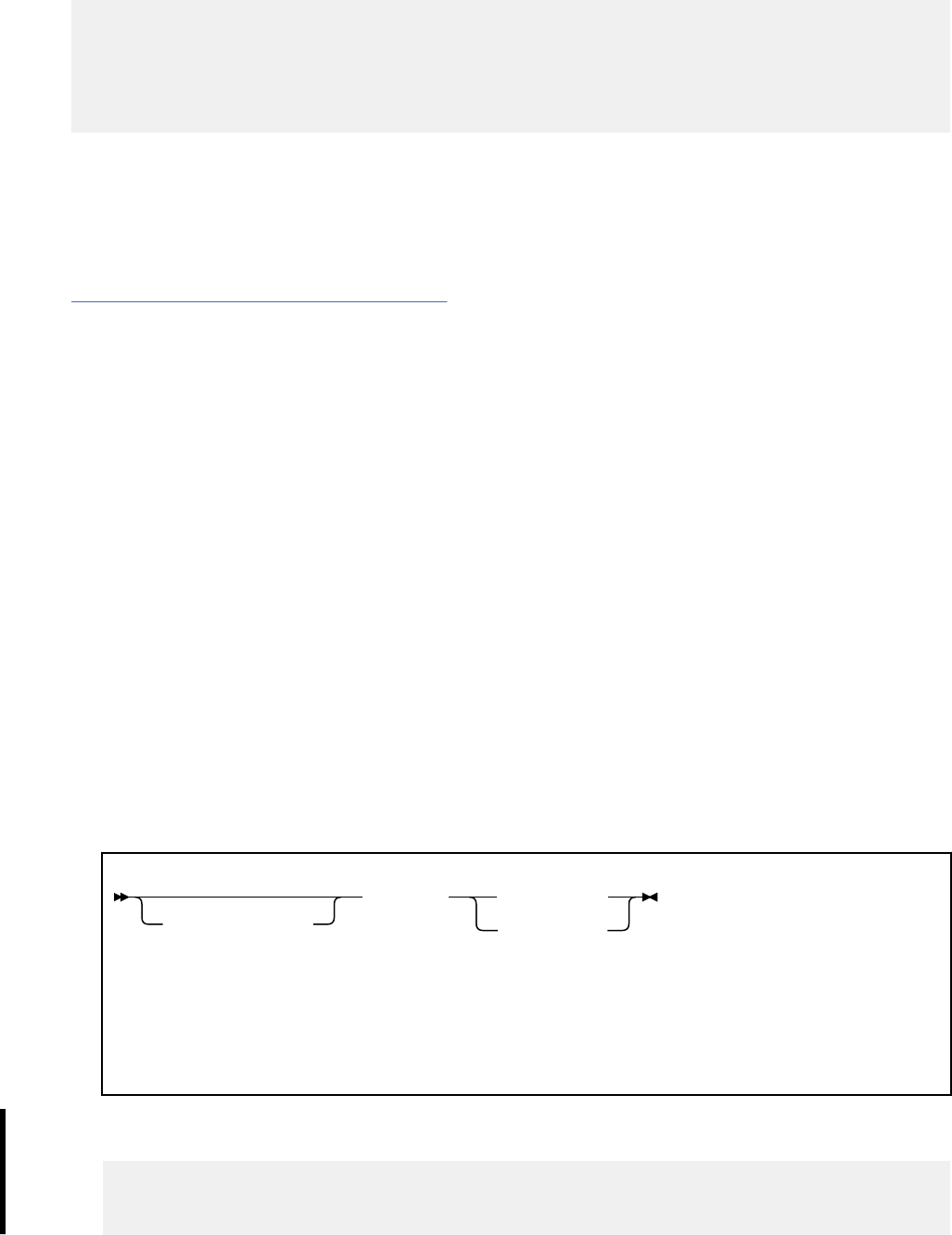
For example, when Db2 executes the following statements to update the MIDINIT column of the EMP
table, Db2 must determine a data type for HVMIDINIT:
SQLSTMT="UPDATE EMP" ,
"SET MIDINIT = ?" ,
"WHERE EMPNO = '000200'"
"EXECSQL PREPARE S100 FROM :SQLSTMT"
HVMIDINIT='H'
"EXECSQL EXECUTE S100 USING" ,
":HVMIDINIT"
Because the data that is assigned to HVMIDINIT has a format that ts a character data type, Db2 REXX
Language Support assigns a VARCHAR type to the input data.
If you do not assign a value to a host variable before you assign the host variable to a column, Db2 returns
an error code.
Related concepts
Compatibility of SQL and language data types
The host variable data types that are used in SQL statements must be compatible with the data types of
the columns with which you intend to use them.
Accessing the Db2 REXX language support application programming
interfaces
Db2 REXX Language Support includes several application programming interfaces that enable your REXX
program to connect to a Db2 subsystem and execute SQL statements.
About this task
Db2 REXX Language Support includes the following application programming interfaces:
DSNREXX CONNECT
Identies the REXX task as a connected user of the specied Db2 subsystem. The DSNREXX plan
resources are allocated by establishing an allied thread.
You should not confuse the DSNREXX CONNECT command with the Db2 SQL CONNECT statement.
You must execute the DSNREXX CONNECT command before your REXX program can execute SQL
statements. Do not use the DSNREXX CONNECT command from a stored procedure.
A currently connected REXX task must be disconnected before switching to a different Db2
subsystem.
The syntax of the DSNREXX CONNECT command is:
ADDRESS DSNREXX
'CONNECT' '
subsystem-ID
'
REXX-variable
Notes:
1. CALL SQLDBS 'ATTACH TO' ssid is an alternative to ADDRESS DSNREXX 'CONNECT' ssid.
2. The REXX-variable or 'subsystem-ID' string may also be a single member name in a data sharing
group or the group attachment name.
The following example illustrates how to establish remote connections through the DSNREXX
interface.
/* REXX */
/* Sample to connect to remote subsystems */
/* Connect to the local subsystem */
ADDRESS DSNREXX 'CONNECT' 'DB01'
Chapter 4. Embedded SQL programming
747
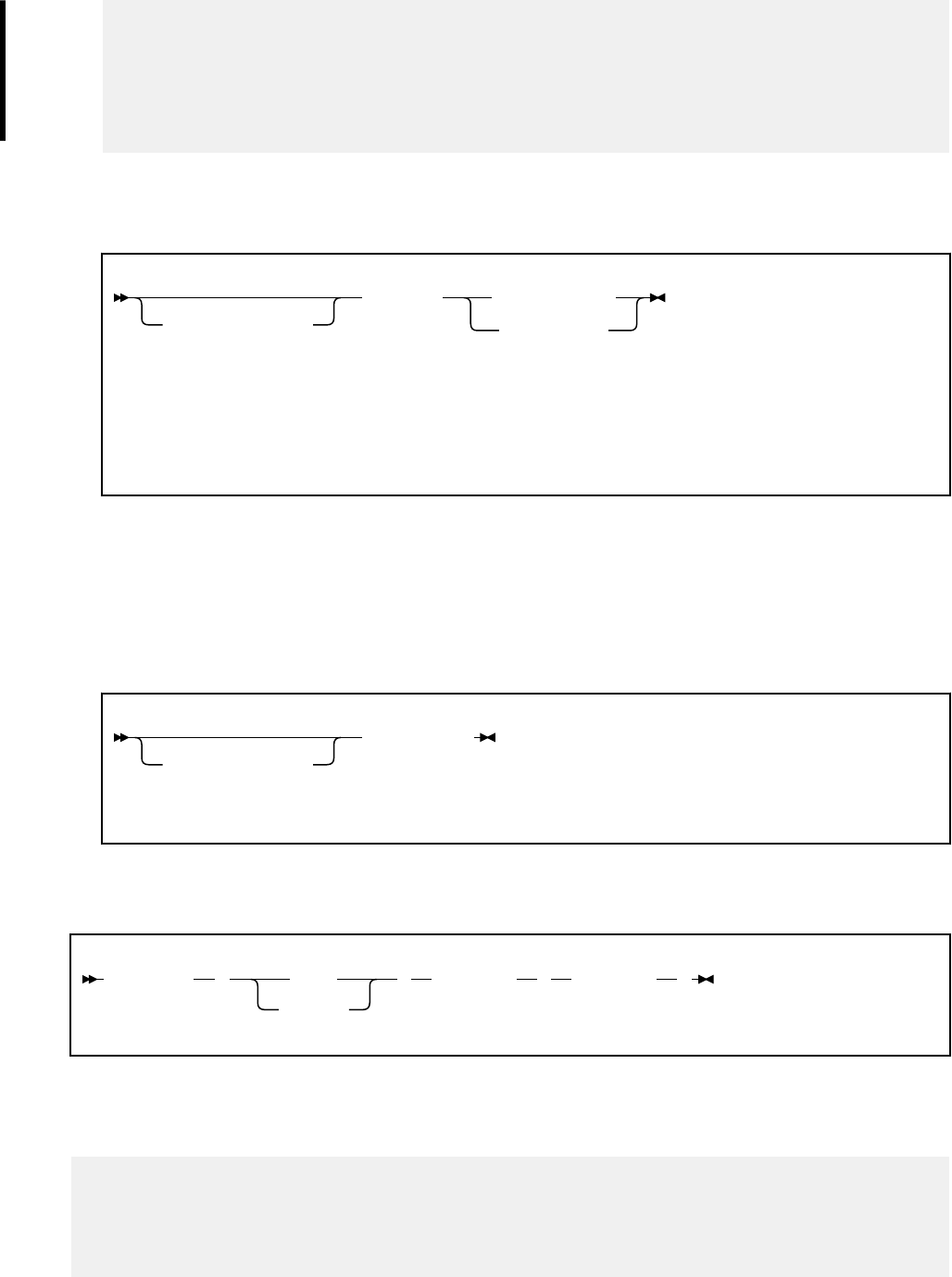
/* Now connect to multiple remote subsystems */
ADDRESS DSNREXX 'EXECSQL CONNECT TO REMOTESYS1'
.
.
.
ADDRESS DSNREXX 'EXECSQL CONNECT TO REMOTESYS2'
.
.
.
DSNREXX EXECSQL
Executes SQL statements in REXX programs.
The syntax of the DSNREXX EXECSQL command is:
ADDRESS DSNREXX
'EXECSQL' "
SQL-statement
"
REXX-variable
Notes:
1. CALL 'SQLEXEC' "SQL-statement" is an alternative to ADDRESS DSNREXX 'EXECSQL' "SQL-
statement".
2. 'EXECSQL' and "SQL-statement" can be enclosed in either single or double quotation marks.
DSNREXX DISCONNECT
Deallocates the DSNREXX plan and removes the REXX task as a connected user of Db2.
You should execute the DSNREXX DISCONNECT command to release resources that are held by Db2.
Otherwise resources are not released until the REXX task terminates.
Do not use the DSNREXX DISCONNECT command from a stored procedure.
The syntax of the DSNREXX DISCONNECT command is:
ADDRESS DSNREXX
'DISCONNECT'
Note: CALL SQLDBS 'DETACH' is an alternative to ADDRESS DSNREXX 'DISCONNECT'.
These application programming interfaces are available through the DSNREXX host command
environment. To make DSNREXX available to the application, invoke the RXSUBCOM function. The syntax
is:
RXSUBCOM ( 'ADD'
'DELETE'
, 'DSNREXX' , 'DSNREXX' )
The ADD function adds DSNREXX to the REXX host command environment table. The DELETE function
deletes DSNREXX from the REXX host command environment table.
The following example illustrates REXX code that makes DSNREXX available to an application.
'SUBCOM DSNREXX' /* HOST CMD ENV AVAILABLE? */
IF RC THEN /* IF NOT, MAKE IT AVAILABLE */
S_RC = RXSUBCOM('ADD','DSNREXX','DSNREXX')
/* ADD HOST CMD ENVIRONMENT */
ADDRESS DSNREXX /* SEND ALL COMMANDS OTHER */
/* THAN REXX INSTRUCTIONS TO */
/* DSNREXX */
748
Db2 12 for z/OS: Application Programming and SQL Guide (Last updated: 2024-07-30)
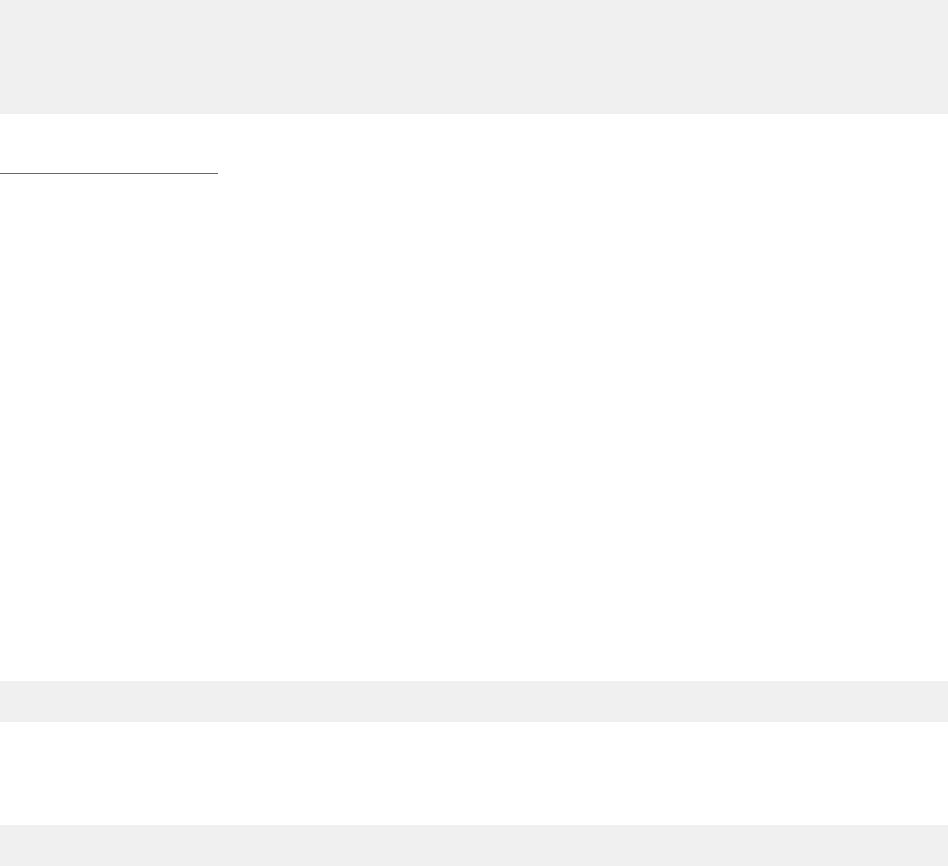
/* CALL CONNECT, EXECSQL, AND */
/* DISCONNECT INTERFACES */
⋮
S_RC = RXSUBCOM('DELETE','DSNREXX','DSNREXX')
/* WHEN DONE WITH */
/* DSNREXX, REMOVE IT. */
Related concepts
REXX stored procedures
A REXX stored procedure is similar to any other REXX procedure and follows the same rules as stored
procedures in other languages. A REXX stored procedure receives input parameters, executes REXX
commands, optionally executes SQL statements, and returns at most one output parameter. However, a
few differences exist.
Ensuring that Db2 correctly interprets character input data in REXX
programs
Db2 REXX Language Support might incorrectly interpret character literals as graphic or numeric literals
unless you mark them correctly.
Procedure
Precede and follow character literals with a double quotation mark, followed by a single quotation mark,
followed by another double quotation mark ("'").
For example, Specify the string the string 100 as "'"100"'".
Enclosing the string in apostrophes is not adequate, because REXX removes the apostrophes when it
assigns a literal to a variable. For example, suppose that you want to pass the value in a host variable
called stringvar to Db2. The value that you want to pass is the string '100'. First, you assign the string to
the host variable by issuing the following REXX command:
stringvar = '100'
After the command executes, stringvar contains the characters 100 (without the apostrophes). Db2 REXX
Language Support then passes the numeric value 100 to Db2, which is not what you intended.
However, suppose that you write the following command:
stringvar = "'"100"'"
In this case, REXX assigns the string '100' to stringvar, including the single quotation marks. Db2 REXX
Language Support then passes the string '100' to Db2, which is the result that you want.
Passing the data type of an input data type to Db2 for REXX programs
In certain situations, you should tell Db2 the data type to use for input data in a REXX program. For
example, if you are assigning or comparing input data to columns of type SMALLINT, CHAR, or GRAPHIC,
you should tell Db2 to use those data types.
About this task
Db2 does not assign data types of SMALLINT, CHAR, or GRAPHIC to input data. If you assign or compare
this data to columns of type SMALLINT, CHAR, or GRAPHIC, Db2 must do more work than if the data types
of the input data and columns match.
Procedure
Use an SQLDA.
Chapter 4. Embedded SQL programming
749
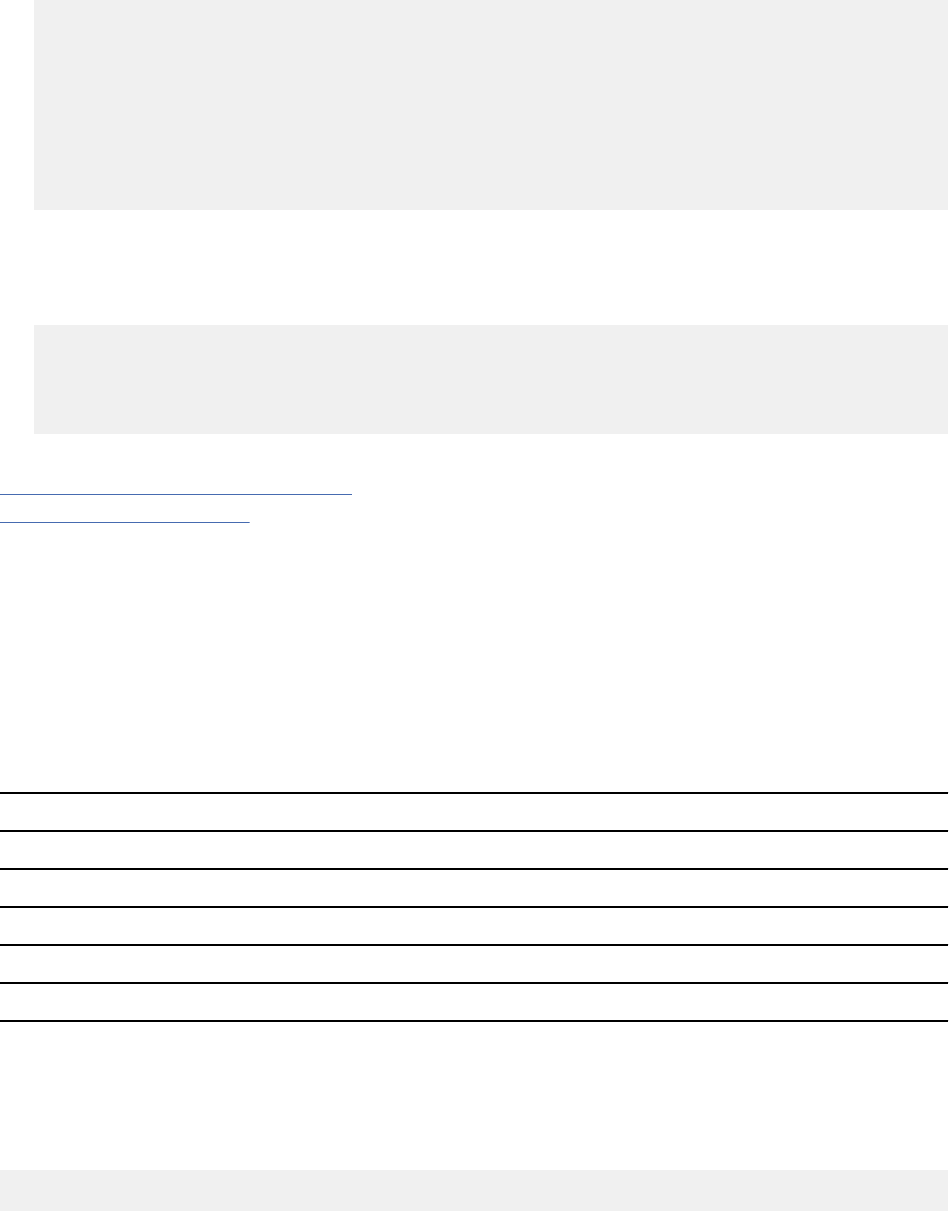
Examples
Example: Specifying CHAR as an input data type
Suppose that you want to tell Db2 that the data with which you update the MIDINIT column of
the EMP table is of type CHAR, rather than VARCHAR. You need to set up an SQLDA that contains
a description of a CHAR column, and then prepare and execute the UPDATE statement using that
SQLDA, as shown in the following example.
INSQLDA.SQLD = 1 /* SQLDA contains one variable */
INSQLDA.1.SQLTYPE = 453 /* Type of the variable is CHAR, */
/* and the value can be null */
INSQLDA.1.SQLLEN = 1 /* Length of the variable is 1 */
INSQLDA.1.SQLDATA = 'H' /* Value in variable is H */
INSQLDA.1.SQLIND = 0 /* Input variable is not null */
SQLSTMT="UPDATE EMP" ,
"SET MIDINIT = ?" ,
"WHERE EMPNO = '000200'"
"EXECSQL PREPARE S100 FROM :SQLSTMT"
"EXECSQL EXECUTE S100 USING DESCRIPTOR :INSQLDA"
Example: specifying the input data type as DECIMAL with precision and scale
Suppose that you want to tell Db2 that the data is of type DECIMAL with precision and nonzero scale.
You need to set up an SQLDA that contains a description of a DECIMAL column, as shown in the
following example.
INSQLDA.SQLD = 1 /* SQLDA contains one variable */
INSQLDA.1.SQLTYPE = 484 /* Type of variable is DECIMAL */
INSQLDA.1.SQLLEN.SQLPRECISION = 18 /* Precision of variable is 18 */
INSQLDA.1.SQLLEN.SQLSCALE = 8 /* Scale of variable is 8 */
INSQLDA.1.SQLDATA = 9876543210.87654321 /* Value in variable */
Related reference
SQL descriptor area (SQLDA) (Db2 SQL)
The REXX SQLDA (Db2 SQL)
Setting the isolation level of SQL statements in a REXX program
Isolation levels specify the locking behavior for SQL statements. You can set the isolation level for SQL
statements in your REXX program to repeatable read (RR), read stability (RS), cursor stability (CS), or
uncommitted read (UR).
Procedure
Execute the SET CURRENT PACKAGESET statement to select one of the following Db2 REXX Language
Support packages with the isolation level that you need.
Table 120. Db2 REXX Language Support packages and associated isolation levels
Package name
a
Isolation level
DSNREXRR Repeatable read (RR)
DSNREXRS Read stability (RS)
DSNREXCS Cursor stability (CS)
DSNREXUR Uncommitted read (UR)
Note:
a. These packages enable your program to access Db2 and are bound when you install Db2 REXX
Language Support.
For example, to change the isolation level to cursor stability, execute the following SQL statement:
"EXECSQL SET CURRENT PACKAGESET='DSNREXCS'"
750
Db2 12 for z/OS: Application Programming and SQL Guide (Last updated: 2024-07-30)

Retrieving data from Db2 tables in REXX programs
All output data in REXX programs is string data. Although, you can determine the data type that the data
represents from its format and from the data type of the column from which the data was retrieved.
About this task
The following table gives the format for each type of output data.
Table 121. SQL output data types and REXX data formats
SQL data type REXX output data format
SMALLINT
INTEGER
BIGINT
A string of numerics that does not contain leading zeroes, a decimal
point, or an exponent identier. If the string represents a negative
number, it begins with a minus (-) sign. The numeric value is between
-9223372036854775808 and 9223372036854775807, inclusive.
DECIMAL(p,s) A string of numerics with one of the following formats:
• Contains a decimal point but not an exponent identier. The string
is padded with zeroes to match the scale of the corresponding table
column. If the value represents a negative number, it begins with a minus
(-) sign.
• Does not contain a decimal point or an exponent identier. The
numeric value is less than -9223372036854775808 or greater than
9223372036854775807. If the value is negative, it begins with a minus
(-) sign.
FLOAT(n)
REAL
DOUBLE
A string that represents a number in scientic notation. The string consists
of a numeric, a decimal point, a series of numerics, and an exponent
identier. The exponent identier is an E followed by a minus (-) sign and
a series of numerics if the number is between -1 and 1. Otherwise, the
exponent identier is an E followed by a series of numerics. If the string
represents a negative number, it begins with a minus (-) sign.
DECFLOAT REXX emulates the DECFLOAT data type with DOUBLE, so support for
DECFLOAT is limited to the REXX support for DOUBLE. The following special
values are not supported:
• INFINITY
• SNAN
• NAN
CHAR(n)
VARCHAR(n)
CLOB(n)
BLOB(n)
A character string or LOB value of length n bytes. The string is not enclosed
in single or double quotation marks.
GRAPHIC(n)
VARGRAPHIC(n)
DBCLOB(n)
A string of length 2*n bytes. Each pair of bytes represents a double-byte
character. This string does not contain a leading G, is not enclosed in
quotation marks, and does not contain shift-out or shift-in characters.
Because you cannot use the SELECT INTO statement in a REXX procedure, to retrieve data from a Db2
table you must prepare a SELECT statement, open a cursor for the prepared statement, and then fetch
Chapter 4. Embedded SQL programming
751

rows into host variables or an SQLDA using the cursor. The following example demonstrates how you can
retrieve data from a Db2 table using an SQLDA:
SQLSTMT= ,
'SELECT EMPNO, FIRSTNME, MIDINIT, LASTNAME,' ,
' WORKDEPT, PHONENO, HIREDATE, JOB,' ,
' EDLEVEL, SEX, BIRTHDATE, SALARY,' ,
' BONUS, COMM' ,
' FROM EMP'
EXECSQL DECLARE C1 CURSOR FOR S1
EXECSQL PREPARE S1 INTO :OUTSQLDA FROM :SQLSTMT
EXECSQL OPEN C1
Do Until(SQLCODE ¬= 0)
EXECSQL FETCH C1 USING DESCRIPTOR :OUTSQLDA
If SQLCODE = 0 Then Do
Line = ''
Do I = 1 To OUTSQLDA.SQLD
Line = Line OUTSQLDA.I.SQLDATA
End I
Say Line
End
End
Cursors and statement names in REXX
In REXX applications that contain SQL statements, you must use a predened set of names for cursors or
prepared statements.
The following names are valid for cursors and prepared statements in REXX applications:
c1 to c100
Cursor names for DECLARE CURSOR, OPEN, CLOSE, and FETCH statements. By default, c1 to c100
are dened with the WITH RETURN clause, and c51 to c100 are dened with the WITH HOLD clause.
You can use the ATTRIBUTES clause of the PREPARE statement to override these attributes or add
additional attributes. For example, you might want to add attributes to make your cursor scrollable.
c101 to c200
Cursor names for ALLOCATE, DESCRIBE, FETCH, and CLOSE statements that are used to retrieve
result sets in a program that calls a stored procedure.
s1 to s100
Prepared statement names for DECLARE STATEMENT, PREPARE, DESCRIBE, and EXECUTE
statements.
Use only the predened names for cursors and statements. When you associate a cursor name with a
statement name in a DECLARE CURSOR statement, the cursor name and the statement must have the
same number. For example, if you declare cursor c1, you need to declare it for statement s1:
EXECSQL 'DECLARE C1 CURSOR FOR S1'
Do not use any of the predened names as host variables names.
Handling SQL error codes in REXX applications
REXX applications can request more information about SQL error codes by using the DSNTIAR subroutine
or issuing a GET DIAGNOSTICS statement.
Procedure
Db2 does not support the SQL WHENEVER statement in a REXX program. To handle SQL errors and
warnings, use the following methods:
• To test for SQL errors or warnings, test the SQLCODE or SQLSTATE value and the SQLWARN. values
after each EXECSQL call. This method does not detect errors in the REXX interface to Db2.
• To test for SQL errors or warnings or errors or warnings from the REXX interface to Db2, test the REXX
RC variable after each EXECSQL call.
The following table lists the values of the RC variable.
752
Db2 12 for z/OS: Application Programming and SQL Guide (Last updated: 2024-07-30)
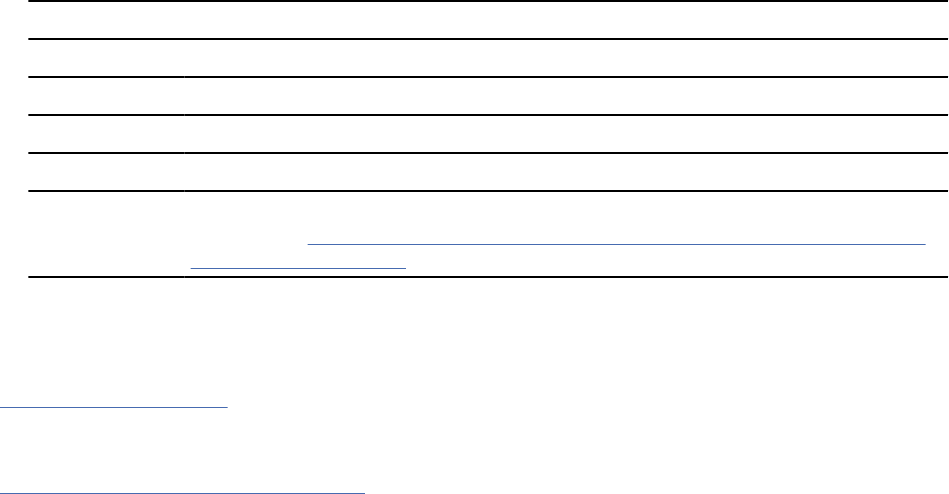
Table 122. REXX return codes after SQL statements
Return code Meaning
0 No SQL warning or error occurred.
+1 An SQL warning occurred.
-1 An SQL error occurred.
-3 The rst token after ADDRESS DSNREXX is in error. For a description of the tokens
allowed, see “Accessing the Db2 REXX language support application programming
interfaces” on page 747.
You can also use the REXX SIGNAL ON ERROR and SIGNAL ON FAILURE keyword instructions to
detect negative values of the RC variable and transfer control to an error routine.
Related tasks
Handling SQL error codes
Application programs can request more information about SQL error codes from Db2.
Related reference
GET DIAGNOSTICS statement (Db2 SQL)
Chapter 4. Embedded SQL programming753
754Db2 12 for z/OS: Application Programming and SQL Guide (Last updated: 2024-07-30)

Chapter 5. Calling a stored procedure from your
application
To run a stored procedure, you can either call it from a client program or invoke it from the command line
processor.
Before you begin
Before you call a stored procedure, ensure that you have all of the following authorizations that are
required to run the stored procedure:
• Authorization to execute the stored procedure that is referenced in the CALL statement.
The authorizations that you need depend on whether the form of the CALL statement is CALL procedure-
name or CALL :host-variable.
• Authorization to execute any triggers or user-dened functions that the stored procedure invokes.
• Authorization to execute the stored procedure package and any packages under the stored procedure
package.
For example, if the stored procedure invokes any user-dened functions, you need authorization to
execute the packages for those user-dened functions.
About this task
An application program that calls a stored procedure can perform one or more of the following actions:
• Call more than one stored procedure.
• Call a single stored procedure more than once at the same or at different levels of nesting. However, do
not assume that the variables for the stored procedures persist between calls.
If a stored procedure runs as a main program, before each call, Language Environment reinitializes the
storage that is used by the stored procedure. Program variables for the stored procedure do not persist
between calls.
If a stored procedure runs as a subprogram, Language Environment does not initialize the storage
between calls. Program variables for the stored procedure can persist between calls. However, you
should not assume that your program variables are available from one stored procedure call to another
call for the following reasons:
– Stored procedures from other users can run in an instance of Language Environment between two
executions of your stored procedure.
– Consecutive executions of a stored procedure might run in different stored procedure address
spaces.
– The z/OS operator might refresh Language Environment between two executions of your stored
procedure.
• Call a local or remote stored procedure.
If both the client and server application environments support two-phase commit, the coordinator
controls updates between the application, the server, and the stored procedures. If either side does not
support two-phase commit, updates fail.
• Mix CALL statements with other SQL statements.
• Use any of the Db2 attachment facilities.
Db2 runs stored procedures under the Db2 thread of the calling application, which means that the stored
procedures are part of the caller's unit of work.
©
Copyright IBM Corp. 1983, 2022 755

JDBC and ODBC applications: These instructions do not apply to JDBC and ODBC applications. Instead,
see the following information for how to call stored procedures from those applications:
• For ODBC applications, see Stored procedure calls in a Db2 ODBC application (Db2 Programming for
ODBC).
• For JDBC applications, see Calling stored procedures in JDBC applications (Db2 Application
Programming for Java)
Procedure
To call a stored procedure from your application:
1. Assign values to the IN and INOUT parameters.
2. Optional: To improve application performance, initialize the length of LOB output parameters to zero.
3. If the stored procedure exists at a remote location, perform the following actions:
a) Assign values to the OUT parameters.
When you call a stored procedure at a remote location, the local Db2 server cannot determine
whether the parameters are input (IN) or output (OUT or INOUT) parameters. Therefore, you
must initialize the values of all output parameters before you call a stored procedure at a remote
location.
b) Optional: Issue an explicit CONNECT statement to connect to the remote server.
If you do not issue this statement explicitly, you can implicitly connect to the server by using a
three-part name to identify the stored procedure in the next step.
The advantage of issuing an explicit CONNECT statement is that your CALL statement, which is
described in the next step, is portable to other operating systems. The advantage of implicitly
connecting is that you do not need to issue this extra CONNECT statement.
Requirement: When deciding whether to implicitly or explicitly connect to the remote server,
consider the requirement for programs that execute the ASSOCIATE LOCATORS or DESCRIBE
PROCEDURE statements. You must use the same form of the procedure name on the CALL
statement and on the ASSOCIATE LOCATORS or DESCRIBE PROCEDURE statement.
4. Invoke the stored procedure with the SQL CALL statement. Make sure that you pass parameter data
types that are compatible.
If the stored procedure exists on a remote server and you did not issue an explicit CONNECT
statement, specify a three-part name to identify the stored procedure, and implicitly connect to
the server where the stored procedure is located.
For native SQL procedures, the active version of the stored procedure is invoked by default.
Optionally, you can specify a version of the stored procedure other than the active version.
To allow null values for parameters, use indicator variables.
5. Optional: Retrieve the status of the procedure.
6. Process any output, including the OUT and INOUT parameters.
7. If the stored procedure returns multiple result sets, retrieve those result sets.
Recommendation: Close the result sets after you retrieve them, and issue frequent commits to
prevent Db2 storage shortages and EDM POOL FULL conditions.
8. For PL/I applications, also perform the following actions:
a) Include the run time option NOEXECOPS in your source code.
b) Specify the compile-time option SYSTEM(MVS).
These additional steps ensure that the linkage conventions work correctly on z/OS.
9. For C applications, include the following line in your source code:
#pragma runopts(PLIST(OS))
756
Db2 12 for z/OS: Application Programming and SQL Guide (Last updated: 2024-07-30)

This code ensures that the linkage conventions work correctly on z/OS.
This option is not applicable to other operating systems. If you plan to use a C stored procedure
on other platforms besides z/OS, use one of the forms of conditional compilation, as shown in the
following example, to include this option only when you compile on z/OS.
Form 1
#ifdef MVS
#pragma runopts(PLIST(OS))
#endif
Form 2
#ifndef WKSTN
#pragma runopts(PLIST(OS))
#endif
10. Prepare the application as you would any other application by precompiling, compiling, and link-
editing the application and binding the DBRM.
If the application calls a remote stored procedure, perform the following additional steps when you
bind the DBRM:
• Bind the DBRM into a package at the local Db2 server. Use the bind option DBPROTOCOL(DRDA).
If the stored procedure name cannot be resolved until run time, also specify the bind option
VALIDATE(RUN). The stored procedure name might not be resolved at run time if you use a variable
for the stored procedure name or if the stored procedure exists on a remote server.
• Bind the DBRM into a package at the remote Db2 server. If your client program accesses multiple
servers, bind the program at each server.
• Bind all packages into a plan at the local Db2 server. Use the bind option DBPROTOCOL(DRDA).
11. Ensure that stored procedure completed successfully.
If a stored procedure abnormally terminates, Db2 performs the following actions:
• The calling program receives an SQL error as notication that the stored procedure failed.
• Db2 places the calling program's unit of work in a must-rollback state.
• Db2 stops the stored procedure, and subsequent calls fail, in either of the following conditions:
– The number of abnormal terminations equals the STOP AFTER n FAILURES value for the stored
procedure.
– The number of abnormal terminations equals the default MAX ABEND COUNT value for the
subsystem.
• The stored procedure does not handle the abend condition, and Db2 refreshes the environment
for Language Environment to recover the storage that the application uses. In most cases, the
environment does not need to restart.
• A data set is allocated in the DD statement CEEDUMP in the JCL procedure that starts the stored
procedures address space. In this case, Language Environment writes a small diagnostic dump to
this data set. Use the information in the dump to debug the stored procedure.
• In a data sharing environment, the stored procedure is placed in STOPABN status only on the
member where the abends occurred. A calling program can invoke the stored procedure from other
members of the data sharing group. The status on all other members is STARTED.
Examples
Example 1: Simple CALL statement
The following example shows a simple CALL statement that you might use to invoke stored procedure
A:
EXEC SQL CALL A (:EMP, :PRJ, :ACT, :EMT, :EMS, :EME, :TYPE, :CODE);
Chapter 5. Calling a stored procedure from your application
757

In this example, :EMP, :PRJ, :ACT, :EMT, :EMS, :EME, :TYPE, and :CODE are host variables that you
have declared earlier in your application program.
Example 2: Using a host structure for multiple parameter values
Instead of passing each parameter separately, as shown in the example of a simple CALL statement,
you can pass them together as a host structure. For example, assume that you dened the following
host structure in your application:
struct {
char EMP[7];
char PRJ[7];
short ACT;
short EMT;
char EMS[11];
char EME[11];
} empstruc;
You can then issue the following CALL statement to invoke stored procedure A:
EXEC SQL CALL A (:empstruc, :TYPE, :CODE);
Example 3: Calling a remote stored procedure
• The following example shows how to explicitly connect to LOCA and then issue a CALL statement:
EXEC SQL CONNECT TO LOCA;
EXEC SQL CALL SCHEMAA.A (:EMP, :PRJ, :ACT, :EMT, :EMS, :EME,
:TYPE, :CODE);
• The following example shows how to implicitly connect to LOCA by specifying the three-part name
for stored procedure A in the CALL statement:
EXEC SQL CALL LOCA.SCHEMAA.A (:EMP, :PRJ, :ACT, :EMT, :EMS,
:EME, :TYPE, :CODE);
Example 4: Passing parameters that can have null values
The preceding examples assume that none of the input parameters can have null values. The
following example shows how to allow for null values for the parameters by passing indicator
variables in the parameter list:
EXEC SQL CALL A (:EMP :IEMP, :PRJ :IPRJ, :ACT :IACT,
:EMT :IEMT, :EMS :IEMS, :EME :IEME,
:TYPE :ITYPE, :CODE :ICODE);
In this example, :IEMP, :IPRJ, :IACT, :IEMT, :IEMS, :IEME, :ITYPE, and :ICODE are indicator variables
for the parameters.
Example 5: Passing string constants and null values
The following example CALL statement passes integer and character string constants, a null value,
and several host variables:
EXEC SQL CALL A ('000130', 'IF1000', 90, 1.0, NULL, '2009-10-01',
:TYPE, :CODE);
Example 6: of using a host variable for the stored procedure name
The following example CALL statement uses a host variable for the name of the stored procedure:
EXEC SQL CALL :procnm (:EMP, :PRJ, :ACT, :EMT, :EMS, :EME,
:TYPE, :CODE);
Assume that the stored procedure name is A. The host variable procnm is a character variable of
length 255 or less that contains the value 'A'. Use this technique if you do not know in advance the
name of the stored procedure, but you do know the parameter list convention.
Example 7: Using an SQLDA to pass parameters in a single structure
The following example CALL statement shows how to pass parameters in a single structure, the
SQLDA, rather than as separate host variables:
758
Db2 12 for z/OS: Application Programming and SQL Guide (Last updated: 2024-07-30)
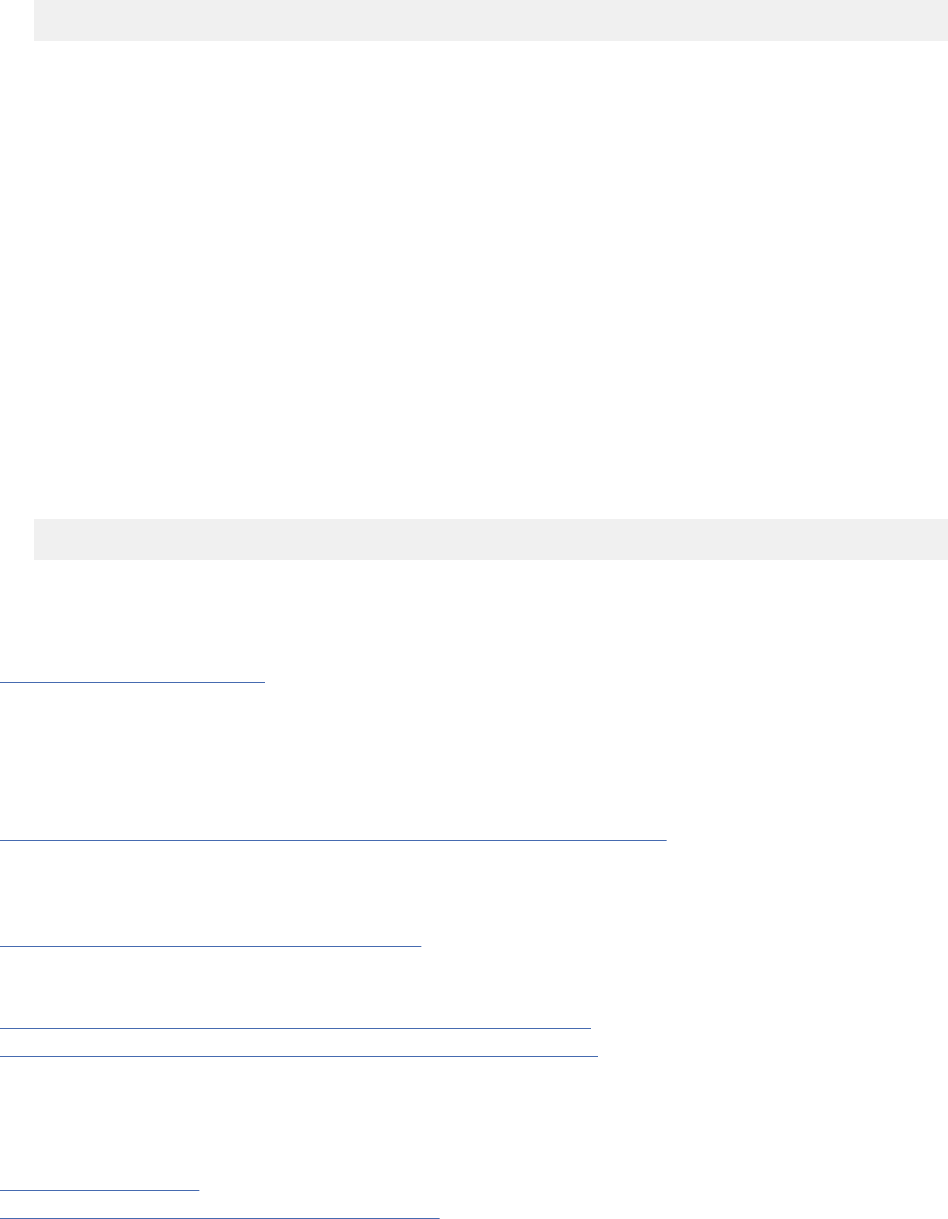
EXEC SQL CALL A USING DESCRIPTOR :sqlda;
sqlda is the name of an SQLDA.
One advantage of using an SQLDA is that you can change the encoding scheme of the stored
procedure parameter values. For example, if the subsystem on which the stored procedure runs has
an EBCDIC encoding scheme, and you want to retrieve data in ASCII CCSID 437, you can specify the
CCSIDs for the output parameters in the SQLVAR elds of the SQLDA.
This technique for overriding the CCSIDs of parameters is the same as the technique for overriding
the CCSIDs of variables. This technique involves including dynamic SQL for varying-list SELECT
statements in your program. When you use this technique, the dened encoding scheme of the
parameter must be different from the encoding scheme that you specify in the SQLDA. Otherwise, no
conversion occurs.
The dened encoding scheme for the parameter is the encoding scheme that you specify in the
CREATE PROCEDURE statement. If you do not specify an encoding scheme in this statement, the
dened encoding scheme for the parameter is the default encoding scheme for the subsystem.
Example 8: Reusable CALL statement
Because the following example CALL statement uses a host variable name for the stored procedure
and an SQLDA for the parameter list, it can be reused to call different stored procedures with different
parameter lists:
EXEC SQL CALL :procnm USING DESCRIPTOR :sqlda;
Your client program must assign a stored procedure name to the host variable procnm and load the
SQLDA with the parameter information before issuing the SQL CALL statement.
Related concepts
Stored procedure parameters
You can pass information between a stored procedure and the calling application program by using
parameters. Applications pass the required parameters in the SQL CALL statement. Optionally, the
application can also include an indicator variable with each parameter to allow for null values or to pass
large output parameter values.
Related tasks
Including dynamic SQL for varying-list SELECT statements in your program
A varying-list SELECT statement returns rows that contain an unknown number of values of unknown
type. When you use this type of statement, you do not know in advance exactly what kinds of host
variables you need to declare for storing the results.
Preparing an application to run on Db2 for z/OS
To prepare and run applications that contain embedded static SQL statements or dynamic SQL
statements, you must process, compile, link-edit, and bind the SQL statements.
Managing authorization for stored procedures (Managing Security)
Temporarily overriding the active version of a native SQL procedure
If you want a particular call to a native SQL procedure to use a version other than the active version, you
can temporarily override the active version. Such an override might be helpful when you are testing a new
version of a native SQL procedure.
Related reference
Statements (Db2 SQL)
Procedures that are supplied with Db2 (Db2 SQL)
Chapter 5. Calling a stored procedure from your application
759

Passing large output parameters to stored procedures by using
indicator variables
If any output parameters occupy a large amount of storage, passing the entire storage area to a stored
procedure can degrade performance.
About this task
In the calling program, you can specify indicator variables for large output parameters to pass only a
2-byte area to the stored procedure, but receive the entire output data area from the stored procedure.
When Db2 processes the CALL statement, it inspects the parameters before moving any data. If an output
parameter has a NULL indicator, Db2 determines that it does not need to copy the associated data area to
the Db2 address space, which avoids the need for acquisition of extra buffers or cross-memory moves.
You can use the following procedure regardless of whether the linkage convention for the stored
procedure is GENERAL, GENERAL WITH NULLS, or SQL.
Procedure
To pass large output parameters to stored procedures by using indicator variables:
1. Declare an indicator variable for every large output parameter in the stored procedure.
If you are using the GENERAL WITH NULLS or SQL linkage convention, you must declare indicator
variables for all of your parameters. In this case, you do not need to declare another indicator variable.
2. Assign a negative value to each indicator variable that is associated with a large output variable.
3. Include the indicator variables in the CALL statement.
Example
For example, suppose that a stored procedure that is dened with the GENERAL linkage convention takes
one integer input parameter and one character output parameter of length 6000. You do not want to
pass the 6000 byte storage area to the stored procedure. The following example PL/I program passes
only 2 bytes to the stored procedure for the output variable and receives all 6000 bytes from the stored
procedure:
DCL INTVAR BIN FIXED(31); /* This is the input variable */
DCL BIGVAR(6000); /* This is the output variable */
DCL I1 BIN FIXED(15); /* This is an indicator variable */
⋮
I1 = -1; /* Setting I1 to -1 causes only */
/* a two byte area representing */
/* I1 to be passed to the */
/* stored procedure, instead of */
/* the 6000 byte area for BIGVAR*/
EXEC SQL CALL PROCX(:INTVAR, :BIGVAR INDICATOR :I1);
Related reference
Linkage conventions for external stored procedures
The linkage convention for a stored procedure can be either GENERAL, GENERAL WITH NULLS, or SQL.
These linkage conventions apply to only external stored procedures.
Data types for calling stored procedures
The data types that are available for calling applications are the same as the data types that are used
when retrieving or updating stored procedures.
The format of the parameters that you pass in the CALL statement in an application must be compatible
with the data types of the parameters in the CREATE PROCEDURE statement.
760
Db2 12 for z/OS: Application Programming and SQL Guide (Last updated: 2024-07-30)
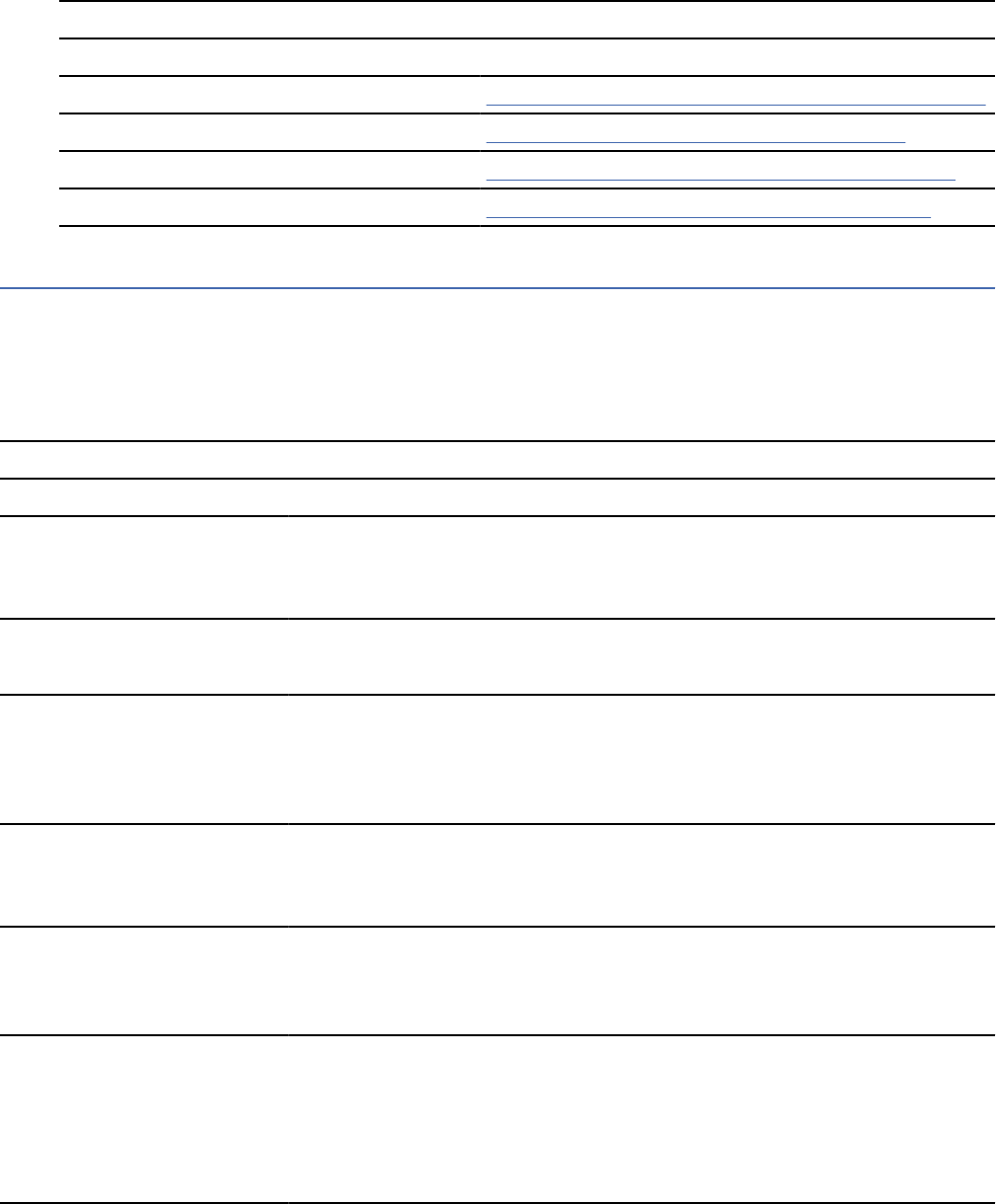
For languages other than REXX
For all data types except LOBs, ROWIDs, locators, and VARCHARs (for C language), see the tables listed in
the following table for the host data types that are compatible with the data types in the stored procedure
denition.
Table 123. Listing of tables of compatible data types
Language Compatible data types table
Assembler “Equivalent SQL and assembler data types” on page 563
C “Equivalent SQL and C data types” on page 611
COBOL “Equivalent SQL and COBOL data types” on page 678
PL/I “Equivalent SQL and PL/I data types” on page 721
Calling a stored procedure from a REXX procedure
The format of the parameters that you pass in the CALL statement in a REXX procedure must be
compatible with the data types of the parameters in the CREATE PROCEDURE statement.
The following table lists each SQL data type that you can specify for the parameters in the CREATE
PROCEDURE statement and the corresponding format for a REXX parameter that represents that data
type.
Table 124. Parameter formats for a CALL statement in a REXX procedure
SQL data type REXX format
SMALLINT
INTEGER
BIGINT
A string of numerics that does not contain a decimal point or exponent
identier. The rst character can be a plus or minus sign. This format also
applies to indicator variables that are passed as parameters.
DECIMAL(p,s)
NUMERIC(p,s)
A string of numerics that has a decimal point but no exponent identier. The
rst character can be a plus or minus sign.
REAL
FLOAT(n)
DOUBLE
DECFLOAT
A string that represents a number in scientic notation. The string consists of a
series of numerics followed by an exponent identier (an E or e followed by an
optional plus or minus sign and a series of numerics).
CHARACTER(n)
VARCHAR(n)
VARCHAR(n) FOR BIT DATA
A string of length n, enclosed in single quotation marks.
GRAPHIC(n)
VARGRAPHIC(n)
The character G followed by a string enclosed in single quotation marks. The
string within the quotation marks begins with a shift-out character (X'0E') and
ends with a shift-in character (X'0F'). Between the shift-out character and
shift-in character are n double-byte characters.
BINARY
VARBINARY
Recommendation: Pass BINARY and VARBINARY values by using the SQLDA.
If you specify an SQLDA when you call the stored procedure, set the SQLTYPE
in the SQLDA. SQLDATA is a string of characters.
If you use host variables, the REXX format of BINARY and VARBINARY data is
BX followed by a string that is enclosed in a single quotation mark.
Chapter 5. Calling a stored procedure from your application761
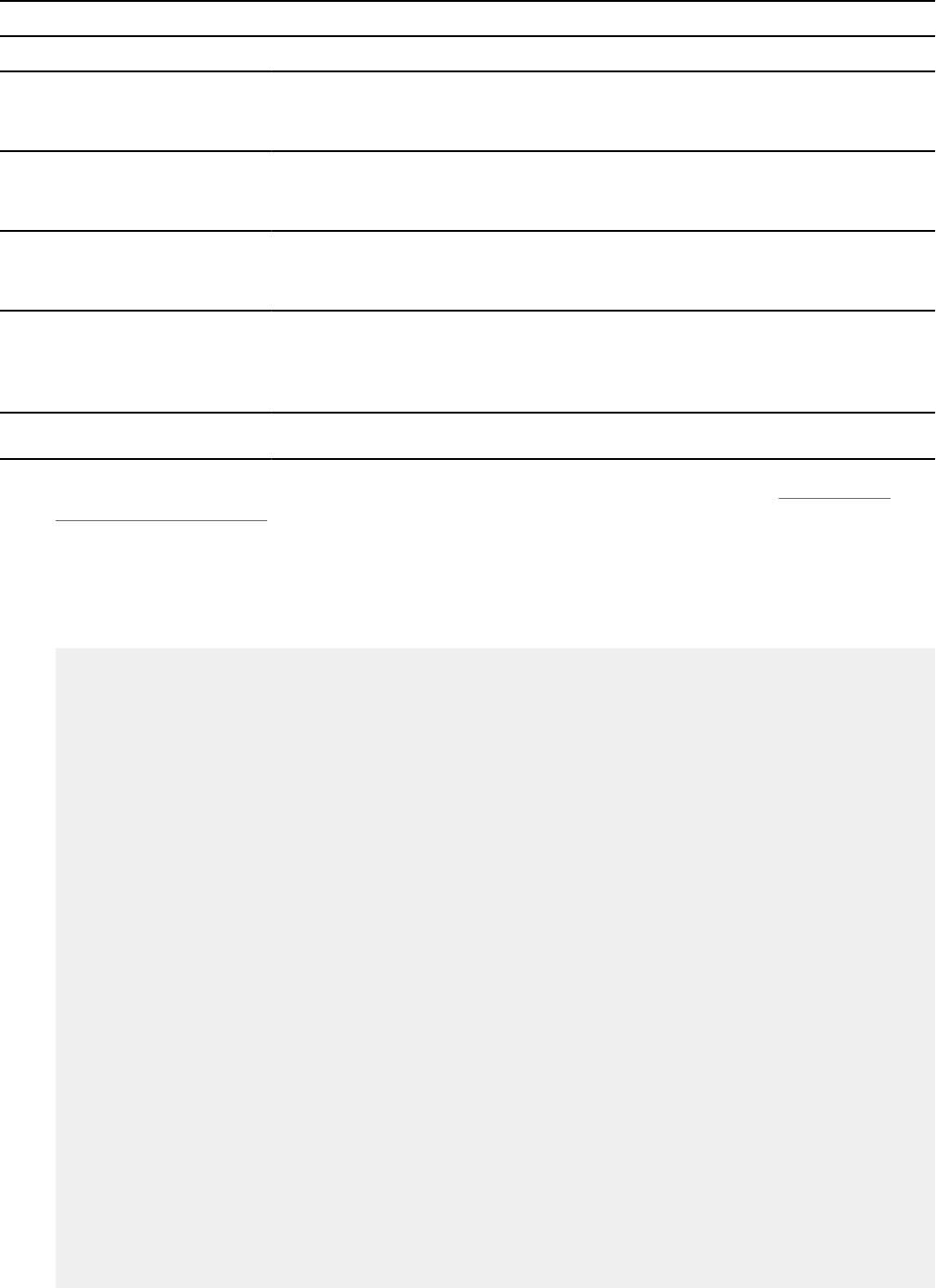
Table 124. Parameter formats for a CALL statement in a REXX procedure (continued)
SQL data type REXX format
DATE
A string of length 10, enclosed in single quotation marks. The format of the
string depends on the value of eld DATE FORMAT that you specify when you
install Db2.
TIME
A string of length 8, enclosed in single quotation marks. The format of the
string depends on the value of eld TIME FORMAT that you specify when you
install Db2.
TIMESTAMP
A string of length 19 to 32, enclosed in single quotation marks. The string has
the format yyyy-mm-dd-hh.mm.ss or yyyy-mm-dd-hh.mm.ss.nnnnnnnnnnnn,
where the number of fractional second digits can range 0–12.
TIMESTAMP WITH TIME
ZONE
A string of length 148 to 161, enclosed in single quotation marks. The string
has the format yyyymm- dd-hh.mm.ss.nnnnnnnnnnnn±th:tm or yyyymm- dd-
hh.mm.ss.nnnnnnnnnnnn ±th:tm, where the number of fractional second digits
can range 0–12
XML
No equivalent.
The following gure demonstrates how a REXX procedure calls the stored procedure in “REXX stored
procedures” on page 282. The REXX procedure performs the following actions:
• Connects to the Db2 subsystem that was specied by the REXX procedure invoker.
• Calls the stored procedure to execute a Db2 command that was specied by the REXX procedure
invoker.
• Retrieves rows from a result set that contains the command output messages.
/* REXX */
PARSE ARG SSID COMMAND /* Get the SSID to connect to */
/* and the DB2 command to be */
/* executed */
/****************************************************************/
/* Set up the host command environment for SQL calls. */
/****************************************************************/
"SUBCOM DSNREXX" /* Host cmd env available? */
IF RC THEN /* No--make one */
S_RC = RXSUBCOM('ADD','DSNREXX','DSNREXX')
/****************************************************************/
/* Connect to the DB2 subsystem. */
/****************************************************************/
ADDRESS DSNREXX "CONNECT" SSID
IF SQLCODE ¬= 0 THEN CALL SQLCA
PROC = 'COMMAND'
RESULTSIZE = 32703
RESULT = LEFT(' ',RESULTSIZE,' ')
/****************************************************************/
/* Call the stored procedure that executes the DB2 command. */
/* The input variable (COMMAND) contains the DB2 command. */
/* The output variable (RESULT) will contain the return area */
/* from the IFI COMMAND call after the stored procedure */
/* executes. */
/****************************************************************/
ADDRESS DSNREXX "EXECSQL" ,
"CALL" PROC "(:COMMAND, :RESULT)"
IF SQLCODE < 0 THEN CALL SQLCA
SAY 'RETCODE ='RETCODE
SAY 'SQLCODE ='SQLCODE
SAY 'SQLERRMC ='SQLERRMC
SAY 'SQLERRP ='SQLERRP
SAY 'SQLERRD ='SQLERRD.1',',
|| SQLERRD.2',',
|| SQLERRD.3',',
|| SQLERRD.4',',
|| SQLERRD.5',',
|| SQLERRD.6
SAY 'SQLWARN ='SQLWARN.0',',
|| SQLWARN.1',',
762
Db2 12 for z/OS: Application Programming and SQL Guide (Last updated: 2024-07-30)

|| SQLWARN.2',',
|| SQLWARN.3',',
|| SQLWARN.4',',
|| SQLWARN.5',',
|| SQLWARN.6',',
|| SQLWARN.7',',
|| SQLWARN.8',',
|| SQLWARN.9',',
|| SQLWARN.10
SAY 'SQLSTATE='SQLSTATE
SAY C2X(RESULT) "'"||RESULT||"'"
/****************************************************************/
/* Display the IFI return area in hexadecimal. */
/****************************************************************/
OFFSET = 4+1
TOTLEN = LENGTH(RESULT)
DO WHILE ( OFFSET < TOTLEN )
LEN = C2D(SUBSTR(RESULT,OFFSET,2))
SAY SUBSTR(RESULT,OFFSET+4,LEN-4-1)
OFFSET = OFFSET + LEN
END
/****************************************************************/
/* Get information about result sets returned by the */
/* stored procedure. */
/****************************************************************/
ADDRESS DSNREXX "EXECSQL DESCRIBE PROCEDURE :PROC INTO :SQLDA"
IF SQLCODE ¬= 0 THEN CALL SQLCA
DO I = 1 TO SQLDA.SQLD
SAY "SQLDA."I".SQLNAME ="SQLDA.I.SQLNAME";"
SAY "SQLDA."I".SQLTYPE ="SQLDA.I.SQLTYPE";"
SAY "SQLDA."I".SQLLOCATOR ="SQLDA.I.SQLLOCATOR";"
END I
/****************************************************************/
/* Set up a cursor to retrieve the rows from the result */
/* set. */
/****************************************************************/
ADDRESS DSNREXX "EXECSQL ASSOCIATE LOCATOR (:RESULT) WITH PROCEDURE :PROC"
IF SQLCODE ¬= 0 THEN CALL SQLCA
SAY RESULT
ADDRESS DSNREXX "EXECSQL ALLOCATE C101 CURSOR FOR RESULT SET :RESULT"
IF SQLCODE ¬= 0 THEN CALL SQLCA
CURSOR = 'C101'
ADDRESS DSNREXX "EXECSQL DESCRIBE CURSOR :CURSOR INTO :SQLDA"
IF SQLCODE ¬= 0 THEN CALL SQLCA
/****************************************************************/
/* Retrieve and display the rows from the result set, which */
/* contain the command output message text. */
/****************************************************************/
DO UNTIL(SQLCODE ¬= 0)
ADDRESS DSNREXX "EXECSQL FETCH C101 INTO :SEQNO, :TEXT"
IF SQLCODE = 0 THEN
DO
SAY TEXT
END
END
IF SQLCODE ¬= 0 THEN CALL SQLCA
ADDRESS DSNREXX "EXECSQL CLOSE C101"
IF SQLCODE ¬= 0 THEN CALL SQLCA
ADDRESS DSNREXX "EXECSQL COMMIT"
IF SQLCODE ¬= 0 THEN CALL SQLCA
/****************************************************************/
/* Disconnect from the DB2 subsystem. */
/****************************************************************/
ADDRESS DSNREXX "DISCONNECT"
IF SQLCODE ¬= 0 THEN CALL SQLCA
/****************************************************************/
/* Delete the host command environment for SQL. */
/****************************************************************/
S_RC = RXSUBCOM('DELETE','DSNREXX','DSNREXX') /* REMOVE CMD ENV */
RETURN
/****************************************************************/
/* Routine to display the SQLCA */
/****************************************************************/
SQLCA:
TRACE O
SAY 'SQLCODE ='SQLCODE
SAY 'SQLERRMC ='SQLERRMC
SAY 'SQLERRP ='SQLERRP
Chapter 5. Calling a stored procedure from your application
763

SAY 'SQLERRD ='SQLERRD.1',',
|| SQLERRD.2',',
|| SQLERRD.3',',
|| SQLERRD.4',',
|| SQLERRD.5',',
|| SQLERRD.6
SAY 'SQLWARN ='SQLWARN.0',',
|| SQLWARN.1',',
|| SQLWARN.2',',
|| SQLWARN.3',',
|| SQLWARN.4',',
|| SQLWARN.5',',
|| SQLWARN.6',',
|| SQLWARN.7',',
|| SQLWARN.8',',
|| SQLWARN.9',',
|| SQLWARN.10
SAY 'SQLSTATE='SQLSTATE
EXIT
Related concepts
REXX stored procedures
A REXX stored procedure is similar to any other REXX procedure and follows the same rules as stored
procedures in other languages. A REXX stored procedure receives input parameters, executes REXX
commands, optionally executes SQL statements, and returns at most one output parameter. However, a
few differences exist.
Preparing a client program that calls a remote stored procedure
If you call a remote stored procedure from an embedded SQL application, you need to do a few extra
steps when you prepare the client program. You do not need to do any extra steps when you prepare the
stored procedure.
Before you begin
For an ODBC or CLI application, ensure that the Db2 packages and plan that are associated with the ODBC
driver are bound to Db2. These packages and plan must be bound before you can run your application.
Procedure
To prepare a client program that calls a remote stored procedure:
1. Precompile, compile, and link-edit the client program on the local Db2 subsystem.
2. Bind the resulting DBRM into a package at the local Db2 subsystem by using the BIND PACKAGE
command with the option DBPROTOCOL(DRDA).
3. Bind the same DBRM, the one for the client program, into a package at the remote location by using
the BIND PACKAGE command and specifying a location name. If your client program needs to access
multiple servers, bind the program at each server.
For example, suppose that you want a client program to call a stored procedure at location LOCA. You
precompile the program to produce DBRM A. Then you can use the following command to bind DBRM
A into package collection COLLA at location LOCA:
BIND PACKAGE (LOCA.COLLA) MEMBER(A)
4. Bind all packages into a plan on the local Db2 subsystem. Specify the bind option
DBPROTOCOL(DRDA).
5. Bind any stored procedures that run under Db2 ODBC on a remote Db2 database server as a package
at the remote site.
Those procedures do not need to be bound into the Db2 ODBC plan.
Related tasks
Binding DBRMs to create packages (Db2 Programming for ODBC)
Related reference
BIND PACKAGE subcommand (DSN) (Db2 Commands)
764
Db2 12 for z/OS: Application Programming and SQL Guide (Last updated: 2024-07-30)

How Db2 determines which stored procedure to run
A procedure is uniquely identied by its name and its qualifying schema name. You can tell Db2 exactly
which stored procedure to run by qualifying it with its schema name when you call it. Otherwise, Db2
determines which stored procedure to run.
However, if you do not qualify the stored procedure name, Db2 uses the following method to determine
which stored procedure to run:
1. Db2 searches the list of schema names from the PATH bind option or the CURRENT PATH special
register from left to right until it nds a schema name for which a stored procedure denition exists
with the name in the CALL statement.
Db2 uses schema names from the PATH bind option for CALL statements of the following form:
CALL procedure-name
Db2 uses schema names from the CURRENT PATH special register for CALL statements of the
following form:
CALL host-variable
2. When Db2 nds a stored procedure denition, Db2 executes that stored procedure if the following
conditions are true:
• The caller is authorized to execute the stored procedure.
• The stored procedure has the same number of parameters as in the CALL statement.
If both conditions are not true, Db2 continues to go through the list of schemas until it nds a stored
procedure that meets both conditions or reaches the end of the list.
3. If Db2 cannot nd a suitable stored procedure, it returns an SQL error code for the CALL statement.
Calling different versions of a stored procedure from a single
application
You can call different versions of a stored procedure from the same application program, even though
those versions all have the same load module name.
Procedure
To call different versions of a stored procedure from a single application:
1. When you dene each version of the stored procedure, use the same stored procedure name but
different schema names, different COLLID values, and different WLM environments.
2. In the program that invokes the stored procedure, specify the unqualied stored procedure name in
the CALL statement.
3. Use the SQL path to indicate which version of the stored procedure that the client program should call.
You can choose the SQL path in several ways:
• If the client program is not an ODBC or JDBC application, use one of the following methods:
– Use the CALL procedure-name form of the CALL statement. When you bind plans or packages for
the program that calls the stored procedure, bind one plan or package for each version of the
stored procedure that you want to call. In the PATH bind option for each plan or package, specify
the schema name of the stored procedure that you want to call.
– Use the CALL host-variable form of the CALL statement. In the client program, use the SET PATH
statement to specify the schema name of the stored procedure that you want to call.
• If the client program is an ODBC or JDBC application, choose one of the following methods:
– Use the SET PATH statement to specify the schema name of the stored procedure that you want to
call.
Chapter 5. Calling a stored procedure from your application
765
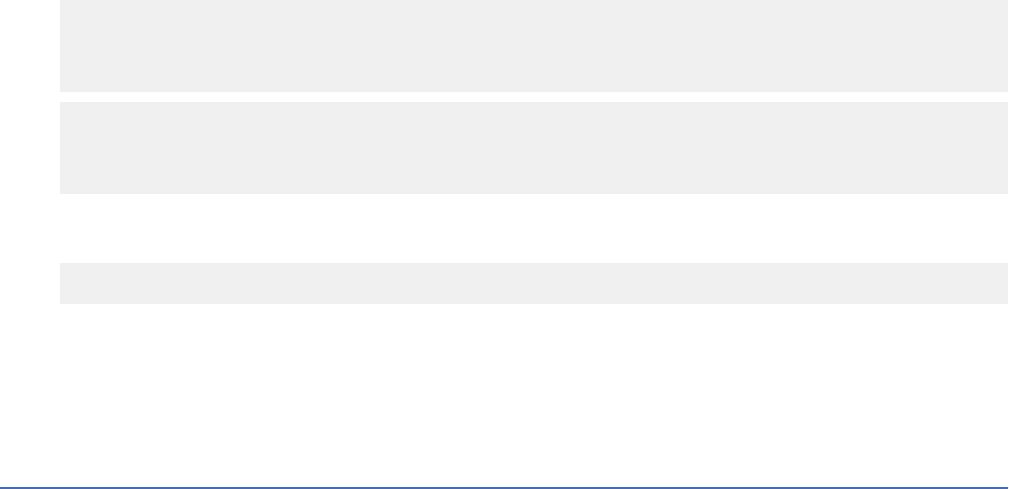
– When you bind the stored procedure packages, specify a different collection for each stored
procedure package. Use the COLLID value that you specied when dening the stored procedure
to Db2.
4. When you run the client program, specify the plan or package with the PATH value that matches the
schema name of the stored procedure that you want to call.
Results
For example, suppose that you want to write one program, PROGY, that calls one of two versions of
a stored procedure named PROCX. The load module for both stored procedures is named SUMMOD.
Each version of SUMMOD is in a different load library. The stored procedures run in different WLM
environments, and the startup JCL for each WLM environment includes a STEPLIB concatenation that
species the correct load library for the stored procedure module.
First, dene the two stored procedures in different schemas and different WLM environments:
CREATE PROCEDURE TEST.PROCX(IN V1 INTEGER, OUT V2 CHAR(9))
LANGUAGE C
EXTERNAL NAME SUMMOD
WLM ENVIRONMENT TESTENV;
CREATE PROCEDURE PROD.PROCX(IN V1 INTEGER, OUT V2 CHAR(9))
LANGUAGE C
EXTERNAL NAME SUMMOD
WLM ENVIRONMENT PRODENV;
When you write CALL statements for PROCX in program PROGY, use the unqualied form of the stored
procedure name:
CALL PROCX(V1,V2);
Bind two plans for PROGY. In one BIND statement, specify PATH(TEST). In the other BIND statement,
specify PATH(PROD).
To call TEST.PROCX, execute PROGY with the plan that you bound with PATH(TEST). To call PROD.PROCX,
execute PROGY with the plan that you bound with PATH(PROD).
Invoking multiple instances of a stored procedure
Your application program can issue multiple CALL statements to the same local or remote stored
procedure. Assume that your stored procedure returns result sets and the calling application leaves those
result sets open before the next call to that same stored procedure. In that case, each CALL statement
invokes a unique instance of the stored procedure.
About this task
When you invoke multiple instances of a stored procedure, each instance runs serially within the same
Db2 thread and opens its own result sets. These multiple calls invoke multiple instances of any packages
that are invoked while running the stored procedure. These instances are invoked at either the same or
different level of nesting under one Db2 connection or thread.
For local stored procedures that issue remote SQL, instances of the applications are created at the remote
server site. These instances are created regardless of whether result sets exist or are left open between
calls.
If you call too many instances of a stored procedure or if you open too many cursors, Db2 storage
shortages and EDM POOL FULL conditions might occur. If the stored procedure issues remote SQL
statements to another Db2 server, these conditions can occur at both the Db2 client and at the Db2
server.
766
Db2 12 for z/OS: Application Programming and SQL Guide (Last updated: 2024-07-30)
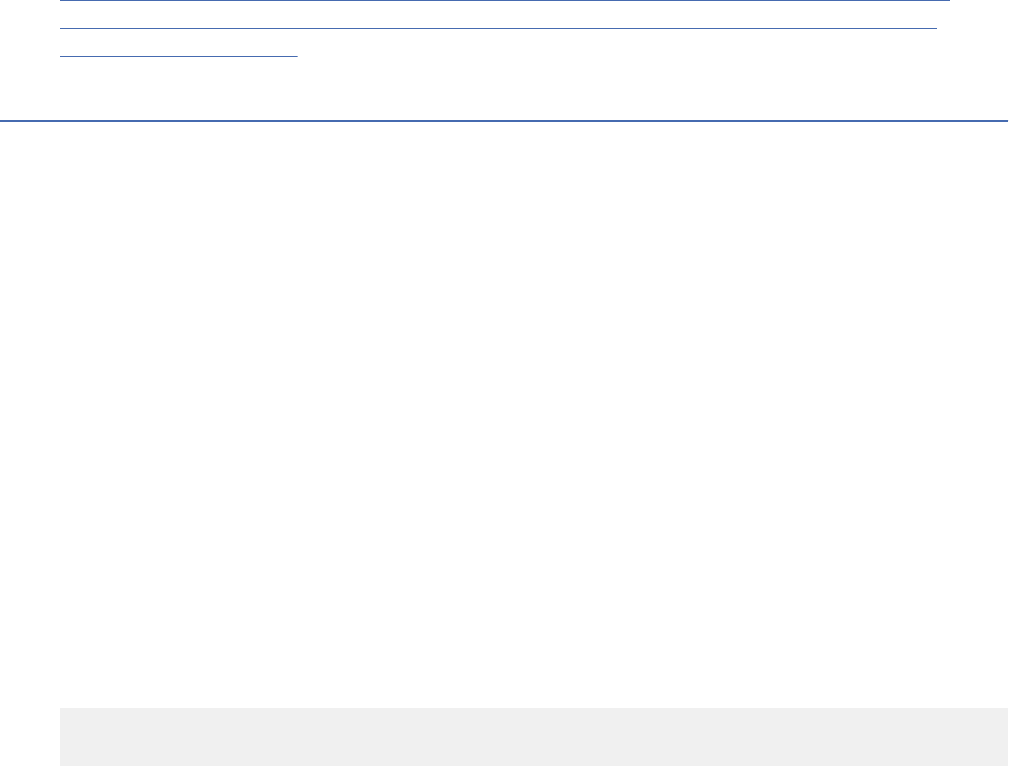
Procedure
To invoke multiple instances of a stored procedure:
1. To optimize storage usage and prevent storage shortages, ensure that you specify appropriate values
for the following two subsystem parameters:
MAX_ST_PROC
Controls the maximum number of stored procedure instances that you can call within the same
thread.
MAX_NUM_CUR
Controls the maximum number of cursors that can be opened by the same thread.
When either of the values from these subsystem parameters is exceeded while an application is
running, the CALL statement or the OPEN statement receives SQLCODE -904.
2. In your application, issue CALL statements to the stored procedure.
3. In the calling application for the stored procedure, close the result sets and issue frequent commits.
Even read-only applications should perform these actions.
Applications that fail to close result sets or issue an adequate number of commits might terminate
abnormally with Db2 storage shortage and EDM POOL FULL conditions.
Related reference
MAX OPEN CURSORS eld (MAX_NUM_CUR subsystem parameter) (Db2 Installation and Migration)
MAX STORED PROCS eld (MAX_ST_PROC subsystem parameter) (Db2 Installation and Migration)
CALL statement (Db2 SQL)
Designating the active version of a native SQL procedure
When a native SQL procedure is called, Db2 uses the version that is designated as the active version.
About this task
When you create a native SQL procedure, that rst version is by default the active version. If you create
additional versions of a stored procedure, you can designate another version to be the active version.
Exception: If an existing active version is still being used by a process, the new active version is not used
until the next call to that procedure.
Procedure
To designate the active version of a native SQL procedure, issue an ALTER PROCEDURE statement with
the following items:
• The name of the native SQL procedure for which you want to change the active version.
• The ACTIVATE VERSION clause with the name of the version that you want to be active.
When the ALTER statement is committed, the new version of the procedure becomes the active version
and is used by the next call for that procedure.
Example
The following ALTER PROCEDURE statement makes version V2 of the UPDATE_BALANCE procedure the
active version.
ALTER PROCEDURE UPDATE_BALANCE
ACTIVATE VERSION V2;
Chapter 5. Calling a stored procedure from your application
767

Temporarily overriding the active version of a native SQL procedure
If you want a particular call to a native SQL procedure to use a version other than the active version, you
can temporarily override the active version. Such an override might be helpful when you are testing a new
version of a native SQL procedure.
About this task
Recommendation: If you want all calls to a native SQL procedure to use a particular version, do not
temporarily override the active version in every call. Instead, make that version the active version.
Otherwise, performance might be slower.
Procedure
To temporarily override the active version of a native SQL procedure, specify the following statements in
your program:
1. The SET CURRENT ROUTINE VERSION statement with the name of the version of the procedure that
you want to use. If the specied version does not exist, the active version is used.
2. The CALL statement with the name of the procedure.
Example
The following CALL statement invokes version V1 of the UPDATE_BALANCE procedure, regardless of what
the current active version of that procedure is.
SET CURRENT ROUTINE VERSION = V1;
SET procname = 'UPDATE_BALANCE';
CALL :procname USING DESCRIPTOR :x;
Specifying the number of stored procedures that can run
concurrently
Multiple stored procedures can run concurrently, each under its own z/OS task control block (TCB). The
z/OS Workload Manager (WLM) manages how many concurrent stored procedures can run in an address
space. The number of concurrent stored procedures in an address space cannot exceed the value of the
NUMTCB eld that was specied on the DSNTIPX installation panel, during Db2 installation.
Procedure
You can override that value in the following ways:
• Edit the JCL procedures that start stored procedures address spaces, and modify the value of the
NUMTCB parameter.
• Specify the following parameter in the Start Parameters eld of the Create An Application Environment
panel when you set up a WLM application environment:
NUMTCB=number-of-TCBs
Special cases:
– For REXX stored procedures, you must set the NUMTCB parameter to 1.
– Stored procedures that invoke utilities can invoke only one utility at a time in a single address space.
Consequently, the value of the NUMTCB parameter is forced to 1 for those procedures.
Related concepts
Installation step 21: Congure Db2 for running stored procedures and user-dened functions (Db2
Installation and Migration)
768
Db2 12 for z/OS: Application Programming and SQL Guide (Last updated: 2024-07-30)

Migration step 23: Congure Db2 for running stored procedures and user-dened functions (optional)
(Db2 Installation and Migration)
Related tasks
Maximizing the number of procedures or functions that run in an address space (Db2 Performance)
Retrieving the procedure status
When an SQL procedure returns control to the calling program, it also returns the procedure status. The
status is an integer value that indicates the success of the procedure.
About this task
Db2 sets the status to 0 or -1 depending on the value of the SQLCODE. Alternatively, an SQL procedure
can set the integer status value by using the RETURN statement. In this case, Db2 sets the SQLCODE in
the SQLCA to 0.
Procedure
To retrieve the procedure status, perform one of the following actions in the calling program:
• Issue the GET DIAGNOSTICS statement with the DB2_RETURN_STATUS item. The specied host
variable in the GET DIAGNOSTICS statement is set to one of the following values:
0
This value indicates that the procedure returned with an SQLCODE that is greater or equal to zero.
You can access the value directly from the SQLCA by retrieving the value of SQLERRD(1). For C
applications, retrieve SQLERRD[0].
-1
This value indicates that the procedure returned with an SQLCODE that is less than zero. In this
case, the SQLERRD(1) value in the SQLCA is not set. Db2 returns -1 only.
n
Any value other than 0 or -1 is the return value that was explicitly set in the procedure with the
RETURN statement.
For example, the following SQL code creates an SQL procedure that is named TESTIT, which calls
another SQL procedure that is named TRYIT. The TRYIT procedure returns a status value. The
TESTIT procedure retrieves that value with the DB2_RETURN_STATUS item of the GET DIAGNOSTICS
statement.
CREATE PROCEDURE TESTIT ()
LANGUAGE SQL
A1:BEGIN
DECLARE RETVAL INTEGER DEFAULT 0;
...
CALL TRYIT;
GET DIAGNOSTICS RETVAL = DB2_RETURN_STATUS;
IF RETVAL <> 0 THEN
...
LEAVE A1;
ELSE
...
END IF;
END A1
• Retrieve the value of SQLERRD(1) in the SQLCA. For C applications, retrieve SQLERRD[0]. This eld
contains the integer value that was set by the RETURN statement in the SQL procedure. This method is
not applicable if the status was set by Db2.
Related concepts
SQL communication area (SQLCA) (Db2 SQL)
Related reference
GET DIAGNOSTICS statement (Db2 SQL)
Chapter 5. Calling a stored procedure from your application
769

Writing a program to receive the result sets from a stored
procedure
You can write a program to receive results set from a stored procedure for either a xed number of result
sets, for which you know the contents, or a variable number of result sets, for which you do not know the
contents.
About this task
A program for a xed number of result sets is simpler to write than a program for a variable number of
result sets. However, if you write a program for a variable number of result sets, you do not need to make
modications to the program if the stored procedure changes.
If your program calls an SQL procedure that returns result sets, you must write the program for a xed
number of result sets.
In the following steps, you do not need to connect to the remote location when you execute these
statements:
• DESCRIBE PROCEDURE
• ASSOCIATE LOCATORS
• ALLOCATE CURSOR
• DESCRIBE CURSOR
• FETCH
• CLOSE
Procedure
To write a program to receive the result sets from a stored procedure:
1. Declare a locator variable for each result set that is to be returned.
If you do not know how many result sets are to be returned, declare enough result set locators for the
maximum number of result sets that might be returned.
2. Call the stored procedure and check the SQL return code.
If the SQLCODE from the CALL statement is +466, the stored procedure has returned result sets.
3. Determine how many result sets the stored procedure is returning.
If you already know how many result sets the stored procedure returns, skip this step.
Use the SQL statement DESCRIBE PROCEDURE to determine the number of result sets. DESCRIBE
PROCEDURE places information about the result sets in an SQLDA. Make this SQLDA large enough to
hold the maximum number of result sets that the stored procedure might return. When the DESCRIBE
PROCEDURE statement completes, the elds in the SQLDA contain the following values:
• SQLD contains the number of result sets that are returned by the stored procedure.
• Each SQLVAR entry gives the following information about a result set:
– The SQLNAME eld contains the name of the SQL cursor that is used by the stored procedure to
return the result set.
– The SQLIND eld contains the value -1, which indicates that no estimate of the number of rows in
the result set is available.
– The SQLDATA eld contains the value of the result set locator, which is the address of the result
set.
4. Link result set locators to result sets by performing one of the following actions:
• Use the ASSOCIATE LOCATORS statement. You must embed this statement in an application or SQL
procedure. The ASSOCIATE LOCATORS statement assigns values to the result set locator variables.
770
Db2 12 for z/OS: Application Programming and SQL Guide (Last updated: 2024-07-30)

If you specify more locators than the number of result sets that are returned, Db2 ignores the extra
locators.
• If you executed the DESCRIBE PROCEDURE statement previously, the result set locator values are in
the SQLDATA elds of the SQLDA. You can copy the values from the SQLDATA elds to the result set
locators manually, or you can execute the ASSOCIATE LOCATORS statement to do it for you.
The stored procedure name that you specify in an ASSOCIATE LOCATORS statement or DESCRIBE
PROCEDURE statement must match the stored procedure name in the CALL statement as follows:
• If the name is unqualied in the CALL statement, do not qualify it.
• If the name is qualied with a schema name in the CALL statement, qualify it with the schema name.
• If the name is qualied with a location name and schema name in the CALL statement, qualify it with
a location name and schema name.
5. Allocate cursors for fetching rows from the result sets.
Use the SQL statement ALLOCATE CURSOR to link each result set with a cursor. Execute one
ALLOCATE CURSOR statement for each result set. The cursor names can differ from the cursor names
in the stored procedure.
To use the ALLOCATE CURSOR statement, you must embed it in an application or SQL procedure.
6. Determine the contents of the result sets.
If you already know the format of the result set, skip this step.
Use the SQL statement DESCRIBE CURSOR to determine the format of a result set and put this
information in an SQLDA. For each result set, you need an SQLDA that is big enough to hold
descriptions of all columns in the result set.
You can use DESCRIBE CURSOR for only those cursors for which you executed ALLOCATE CURSOR
previously.
After you execute DESCRIBE CURSOR, if the cursor for the result set is declared WITH HOLD, the
high-order bit of byte 8 of eld SQLDAID in the SQLDA is set to 1.
7. Fetch rows from the result sets into host variables by using the cursors that you allocated with the
ALLOCATE CURSOR statements.
Fetching rows from a result set is the same as fetching rows from a table.
If you executed the DESCRIBE CURSOR statement, perform the following steps before you fetch the
rows:
a. Allocate storage for host variables and indicator variables. Use the contents of the SQLDA from the
DESCRIBE CURSOR statement to determine how much storage you need for each host variable.
b. Put the address of the storage for each host variable in the appropriate SQLDATA eld of the
SQLDA.
c. Put the address of the storage for each indicator variable in the appropriate SQLIND eld of the
SQLDA.
Example
The following examples show C language code that accomplishes each of these steps. Coding for other
languages is similar.
The following example demonstrates how to receive result sets when you know how many result sets are
returned and what is in each result set.
/*************************************************************/
/* Declare result set locators. For this example, */
/* assume you know that two result sets will be returned. */
/* Also, assume that you know the format of each result set. */
/*************************************************************/
EXEC SQL BEGIN DECLARE SECTION;
static volatile SQL TYPE IS RESULT_SET_LOCATOR *loc1, *loc2;
EXEC SQL END DECLARE SECTION;
Chapter 5. Calling a stored procedure from your application
771
⋮
/*************************************************************/
/* Call stored procedure P1. */
/* Check for SQLCODE +466, which indicates that result sets */
/* were returned. */
/*************************************************************/
EXEC SQL CALL P1(:parm1, :parm2, ...);
if(SQLCODE==+466)
{
/*************************************************************/
/* Establish a link between each result set and its */
/* locator using the ASSOCIATE LOCATORS. */
/*************************************************************/
EXEC SQL ASSOCIATE LOCATORS (:loc1, :loc2) WITH PROCEDURE P1;
⋮
/*************************************************************/
/* Associate a cursor with each result set. */
/*************************************************************/
EXEC SQL ALLOCATE C1 CURSOR FOR RESULT SET :loc1;
EXEC SQL ALLOCATE C2 CURSOR FOR RESULT SET :loc2;
/*************************************************************/
/* Fetch the result set rows into host variables. */
/*************************************************************/
while(SQLCODE==0)
{
EXEC SQL FETCH C1 INTO :order_no, :cust_no;
⋮
}
while(SQLCODE==0)
{
EXEC SQL FETCH C2 :order_no, :item_no, :quantity;
⋮
}
}
The following example demonstrates how to receive result sets when you do not know how many result
sets are returned or what is in each result set.
/*************************************************************/
/* Declare result set locators. For this example, */
/* assume that no more than three result sets will be */
/* returned, so declare three locators. Also, assume */
/* that you do not know the format of the result sets. */
/*************************************************************/
EXEC SQL BEGIN DECLARE SECTION;
static volatile SQL TYPE IS RESULT_SET_LOCATOR *loc1, *loc2, *loc3;
EXEC SQL END DECLARE SECTION;
⋮
/*************************************************************/
/* Call stored procedure P2. */
/* Check for SQLCODE +466, which indicates that result sets */
/* were returned. */
/*************************************************************/
EXEC SQL CALL P2(:parm1, :parm2, ...);
if(SQLCODE==+466)
{
/*************************************************************/
/* Determine how many result sets P2 returned, using the */
/* statement DESCRIBE PROCEDURE. :proc_da is an SQLDA */
/* with enough storage to accommodate up to three SQLVAR */
/* entries. */
/*************************************************************/
EXEC SQL DESCRIBE PROCEDURE P2 INTO :proc_da;
⋮
/*************************************************************/
/* Now that you know how many result sets were returned, */
/* establish a link between each result set and its */
/* locator using the ASSOCIATE LOCATORS. For this example, */
/* we assume that three result sets are returned. */
/*************************************************************/
EXEC SQL ASSOCIATE LOCATORS (:loc1, :loc2, :loc3) WITH PROCEDURE P2;
⋮
/*************************************************************/
/* Associate a cursor with each result set. */
/*************************************************************/
EXEC SQL ALLOCATE C1 CURSOR FOR RESULT SET :loc1;
772
Db2 12 for z/OS: Application Programming and SQL Guide (Last updated: 2024-07-30)

EXEC SQL ALLOCATE C2 CURSOR FOR RESULT SET :loc2;
EXEC SQL ALLOCATE C3 CURSOR FOR RESULT SET :loc3;
/*************************************************************/
/* Use the statement DESCRIBE CURSOR to determine the */
/* format of each result set. */
/*************************************************************/
EXEC SQL DESCRIBE CURSOR C1 INTO :res_da1;
EXEC SQL DESCRIBE CURSOR C2 INTO :res_da2;
EXEC SQL DESCRIBE CURSOR C3 INTO :res_da3;
⋮
/*************************************************************/
/* Assign values to the SQLDATA and SQLIND fields of the */
/* SQLDAs that you used in the DESCRIBE CURSOR statements. */
/* These values are the addresses of the host variables and */
/* indicator variables into which DB2 will put result set */
/* rows. */
/*************************************************************/
⋮
/*************************************************************/
/* Fetch the result set rows into the storage areas */
/* that the SQLDAs point to. */
/*************************************************************/
while(SQLCODE==0)
{
EXEC SQL FETCH C1 USING :res_da1;
⋮
}
while(SQLCODE==0)
{
EXEC SQL FETCH C2 USING :res_da2;
⋮
}
while(SQLCODE==0)
{
EXEC SQL FETCH C3 USING :res_da3;
⋮
}
}
The following example demonstrates how you can use an SQL procedure to receive result sets. The logic
assumes that no handler exists to intercept the +466 SQLCODE, such as DECLARE CONTINUE HANDLER
FOR SQLWARNING ..... Such a handler causes SQLCODE to be reset to zero. Then the test for IF
SQLCODE = 466 is never true and the statements in the IF body are never executed.
DECLARE RESULT1 RESULT_SET_LOCATOR VARYING;
DECLARE RESULT2 RESULT_SET_LOCATOR VARYING;
DECLARE AT_END, VAR1, VAR2 INT DEFAULT 0;
DECLARE SQLCODE INTEGER DEFAULT 0;
DECLARE CONTINUE HANDLER FOR NOT FOUND SET AT_END = 99;
SET TOTAL1 = 0;
SET TOTAL2 = 0;
CALL TARGETPROCEDURE();
IF SQLCODE = 466 THEN
ASSOCIATE RESULT SET LOCATORS(RESULT1,RESULT2)
WITH PROCEDURE SPDG3091;
ALLOCATE RSCUR1 CURSOR FOR RESULT1;
ALLOCATE RSCUR2 CURSOR FOR RESULT2;
WHILE AT_END = 0 DO
FETCH RSCUR1 INTO VAR1;
SET TOTAL1 = TOTAL1 + VAR1;
SET VAR1 = 0; /* Reset so the last value fetched is not added after AT_END
*/
END WHILE;
SET AT_END = 0; /* Reset for next loop */
WHILE AT_END = 0 DO
FETCH RSCUR2 INTO VAR2;
SET TOTAL2 = TOTAL2 + VAR2;
SET VAR2 = 0; /* Reset so the last value fetched is not added after AT_END
*/
END WHILE;
END IF;
Related concepts
Example programs that call stored procedures
Chapter 5. Calling a stored procedure from your application
773
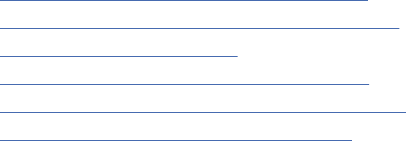
Examples can be used as models when you write applications that call stored procedures. In
addition, prex.SDSNSAMP contains sample jobs DSNTEJ6P and DSNTEJ6S and programs DSN8EP1 and
DSN8EP2, which you can run.
Related reference
ALLOCATE CURSOR statement (Db2 SQL)
ASSOCIATE LOCATORS statement (Db2 SQL)
CALL statement (Db2 SQL)
DESCRIBE CURSOR statement (Db2 SQL)
DESCRIBE PROCEDURE statement (Db2 SQL)
SQL descriptor area (SQLDA) (Db2 SQL)
774Db2 12 for z/OS: Application Programming and SQL Guide (Last updated: 2024-07-30)

Chapter 6. Coding methods for distributed data
You can access distributed data by using three-part table names or explicit connect statements.
Introductory concepts
Distributed data (Introduction to Db2 for z/OS)
Effects of distributed data on programming (Introduction to Db2 for z/OS)
Distributed data access (Introduction to Db2 for z/OS)
Three-part table names are described in “Accessing distributed data by using three-part table names”
on page 775. Explicit connect statements are described in “Accessing distributed data by using explicit
CONNECT statements” on page 777.
These two methods of coding applications for distributed access are illustrated by the following example.
Spiffy Computer has a main project table that supplies information about all projects that are currently
active throughout the company. Spiffy has several branches in various locations around the world, each a
Db2 location that maintains a copy of the project table named DSN8C10.PROJ. The main branch location
occasionally inserts data into all copies of the table. The application that makes the inserts uses a
table of location names. For each row that is inserted, the application executes an INSERT statement in
DSN8C10.PROJ for each location.
Copying a table from a remote location
To copy a table from one location to another, you can either write your own application program or use the
Db2 DataPropagator product.
Related concepts
Monitoring Db2 in distributed environments (Db2 Performance)
Related tasks
Improving performance for applications that access distributed data (Db2 Performance)
Accessing distributed data by using three-part table names
You can use three-part table names to access data at a remote location through DRDA access.
When you use three-part table names, you must create copies of the package that you used at the local
site at all possible remote locations that could be accessed by the three-part table name references. You
must also explicitly or generically specify remote packages in the PKLIST of the PLAN that is used by the
application.
Recommendation: Always use an alias, which resolves to a three-part table name, rather than specifying
a specic three-part table name in an SQL statement. Using an alias will permit you to physically move the
location of the table as needed. By using an alias, you can drop and re-create the alias by specifying the
tables's new remote location and then rebind the packages of the application.
In a three-part table name, the rst part denotes the location. The local Db2 makes and breaks an implicit
connection to a remote server as needed.
When a three-part name is parsed and forwarded to a remote location, any special register settings are
automatically propagated to remote server. This allows the SQL statements to process the same way no
matter at what site a statement is run.
Example
The following example assumes that all systems involved implement two-phase commit. This example
suggests updating several systems in a loop and ending the unit of work by committing only when the
loop is complete. Updates are coordinated across the entire set of systems.
©
Copyright IBM Corp. 1983, 2022 775

Spiffy's application uses a location name to construct a three-part table name in an INSERT statement. It
then prepares the statement and executes it dynamically. The values to be inserted are transmitted to the
remote location and substituted for the parameter markers in the INSERT statement.
The following overview shows how the application uses aliases for three-part names:
Read in the alias values
Do for all locations
Read location name
Set up statement to prepare
Prepare statement
a Execute statement
End loop
Commit
After the application obtains the next alias of a remote table to be inserted, For example, REGION1PROJ
(which is the DSN8C10.PROJ table at location SAN_JOSE), it creates the following character string:
INSERT INTO REGION1PROJ VALUES (?,?,?,?,?,?,?,?)
The alias is created as follows:
CREATE ALIAS REGION1PROJ FOR SAN_JOSE.DSN8C10.PROJ
The application assigns the character string to the variable INSERTX and then executes these statements:
EXEC SQL
PREPARE STMT1 FROM :INSERTX;
EXEC SQL
EXECUTE STMT1 USING :PROJNO, :PROJNAME, :DEPTNO, :RESPEMP,
:PRSTAFF, :PRSTDATE, :PRENDATE, :MAJPROJ;
The host variables for Spiffy's project table match the declaration for the sample project table.
To keep the data consistent at all locations, the application commits the work only when the loop has
executed for all locations. Either every location has committed the INSERT or, if a failure has prevented
any location from inserting, all other locations have rolled back the INSERT. (If a failure occurs during the
commit process, the entire unit of work can be indoubt.)
Three-part names and multiple servers
Recommendation: Always use an asterisk (*) for the location name in a pklist. Never use the explicit
location name unless you are sure that no other location could ever be accessed.
The following steps are recommended:
1. Bind the DBRM into a package at the local Db2.
2. Bind package copy at the rst target site of the alias.
3. Bind package copy at the target site.
Related concepts
Considerations for binding packages at a remote location
When you bind packages at a remote location, you need to understand how the behavior of the remote
packages differs from the behavior of local packages.
Aliases (Db2 SQL)
Synonyms (deprecated) (Db2 SQL)
Related tasks
Including dynamic SQL in your program
Dynamic SQL is prepared and executed while the program is running.
Related reference
Project table (DSN8C10.PROJ) (Introduction to Db2 for z/OS)
776
Db2 12 for z/OS: Application Programming and SQL Guide (Last updated: 2024-07-30)
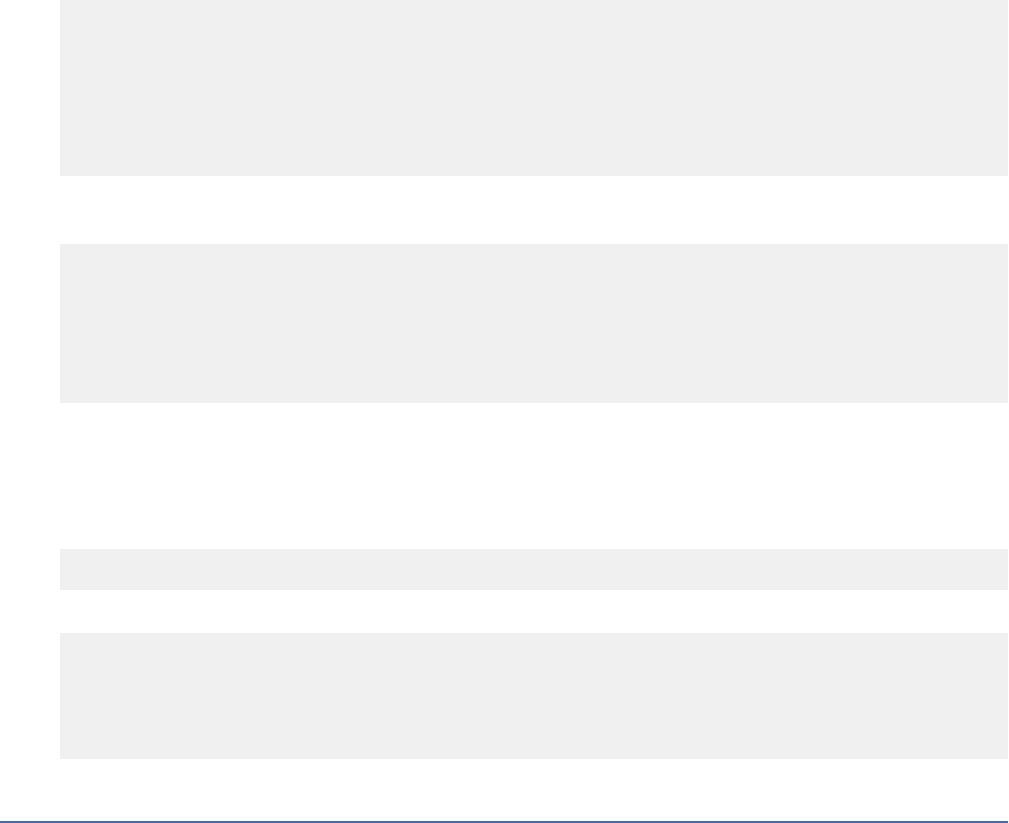
Accessing remote declared temporary tables by using three-part table
names
You can access a remote declared temporary table by using a three-part name. However, if you combine
explicit CONNECT statements and three-part names in your application, a reference to a remote declared
temporary table must be a forward reference.
In a CREATE GLOBAL TEMPORARY TABLE or DECLARE GLOBAL TEMPORARY TABLE statement, you
cannot specify an alias that resolves to a three-part name object at a remote location. You also cannot
specify a three-part name object even if the location of the three-part name refers to the location where
the object is being created or declared.
Example
You can perform the following series of actions, which includes a forward reference to a declared
temporary table:
EXEC SQL CONNECT TO CHICAGO; /* Connect to the remote site */
EXEC SQL
DECLARE GLOBAL TEMPORARY TABLE T1 /* Define the temporary table */
(CHARCOL CHAR(6) NOT NULL) /* at the remote site */
ON COMMIT DROP TABLE;
EXEC SQL CONNECT RESET; /* Connect back to local site */
EXEC SQL INSERT INTO CHICAGO.SESSION.T1
(VALUES 'ABCDEF'); /* Access the temporary table*/
/* at the remote site (forward reference) */
However, you cannot perform the following series of actions, which includes a backward reference to the
declared temporary table:
EXEC SQL
DECLARE GLOBAL TEMPORARY TABLE T1 /* Define the temporary table */
(CHARCOL CHAR(6) NOT NULL) /* at the local site (ATLANTA)*/
ON COMMIT DROP TABLE;
EXEC SQL CONNECT TO CHICAGO; /* Connect to the remote site */
EXEC SQL INSERT INTO ATLANTA.SESSION.T1
(VALUES 'ABCDEF'); /* Cannot access temp table */
/* from the remote site (backward reference)*/
Example using an alias
You can perform the following series of actions, which includes a forward reference to a declared
temporary table using an alias. First you need to declare the alias at the requester. The name you give the
alias must resolve to match the real name.
CREATE APPLT1 FOR CHICAGO.SESSION.T1
The CONNECT and DECLARE statements refer to the real declared temp table.
EXEC SQL CONNECT TO CHICAGO;
EXEC SQL DECLARE GLOBAL TEMPORARY TABLE T1
(CHARCOL CHAR(6) NOT NULL)
ON COMMIT DROP TABLE;
EXEC SQL CONNECT RESET;
EXEC SQL INSERT INTO APPLT1 VALUES ('ABCDEF');
Accessing distributed data by using explicit CONNECT statements
When you use explicit CONNECT statements to access distributed data, the application program explicitly
connects to each new server.
About this task
You must bind the DBRMs for the SQL statements to be executed at the server to packages that reside at
that server.
Chapter 6. Coding methods for distributed data
777
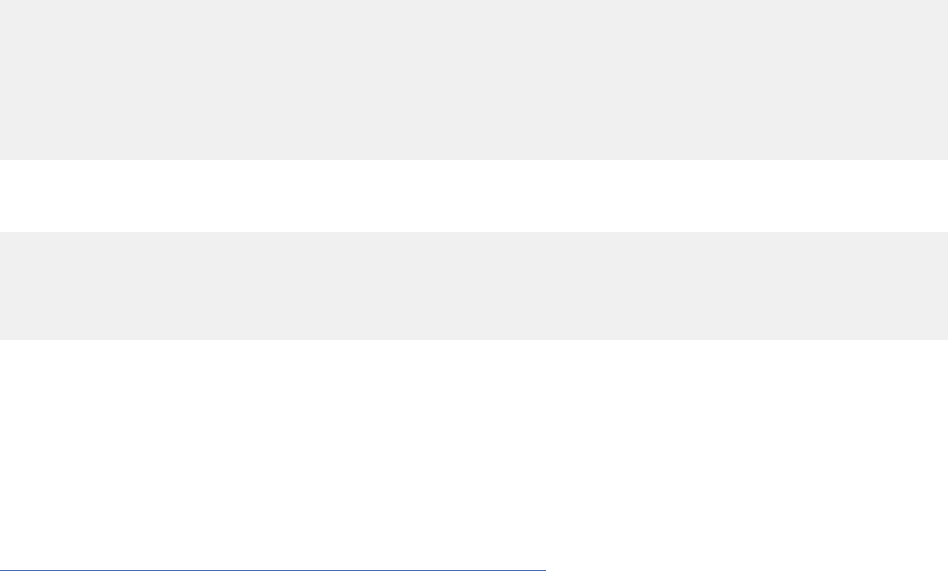
The following example assumes that all systems involved implement two-phase commit. This example
suggests updating several systems in a loop and ending the unit of work by committing only when the
loop is complete. Updates are coordinated across the entire set of systems.
In this example, Spiffy's application executes CONNECT for each server in turn, and the server executes
INSERT. In this case, the tables to be updated each have the same name, although each table is dened
at a different server. The application executes the statements in a loop, with one iteration for each server.
The application connects to each new server by means of a host variable in the CONNECT statement.
CONNECT changes the special register CURRENT SERVER to show the location of the new server. The
values to insert in the table are transmitted to a location as input host variables.
The following overview shows how the application uses explicit CONNECTs:
Read input values
Do for all locations
Read location name
Connect to location
Execute insert statement
End loop
Commit
Release all
For example, the application inserts a new location name into the variable LOCATION_NAME and
executes the following statements:
EXEC SQL
CONNECT TO :LOCATION_NAME;
EXEC SQL
INSERT INTO DSN8C10.PROJ VALUES (:PROJNO, :PROJNAME, :DEPTNO, :RESPEMP,
:PRSTAFF, :PRSTDATE, :PRENDATE, :MAJPROJ);
To keep the data consistent at all locations, the application commits the work only when the loop has
executed for all locations. Either every location has committed the INSERT or, if a failure has prevented
any location from inserting, all other locations have rolled back the INSERT. (If a failure occurs during the
commit process, the entire unit of work can be indoubt.)
The host variables for Spiffy's project table match the declaration for the sample project table.
LOCATION_NAME is a character-string variable of length 16.
Related reference
Project table (DSN8C10.PROJ) (Introduction to Db2 for z/OS)
Specifying a location alias name for multiple sites
You can override the location name that an application uses to access a server.
About this task
Db2 uses the DBALIAS value in the SYSIBM.LOCATIONS table to override the location name that an
application uses to access a server.
For example, suppose that an employee database is deployed across two sites and that both sites
make themselves known as location name EMPLOYEE. To access each site, insert a row for each
site into SYSIBM.LOCATIONS with the location names SVL_EMPLOYEE and SJ_EMPLOYEE. Both rows
contain EMPLOYEE as the DBALIAS value. When an application issues a CONNECT TO SVL_EMPLOYEE
statement, Db2 searches the SYSIBM.LOCATIONS table to retrieve the location and network attributes of
the database server. Because the DBALIAS value is not blank, Db2 uses the alias EMPLOYEE, and not the
location name, to access the database.
If the application uses fully qualied object names in its SQL statements, Db2 sends the statements
to the remote server without modication. For example, suppose that the application issues the
statement SELECT * FROM SVL_EMPLOYEE.authid.table with the fully-qualied object name. However,
Db2 accesses the remote server by using the EMPLOYEE alias. The remote server must identify itself as
both SVL_EMPLOYEE and EMPLOYEE; otherwise, it rejects the SQL statement with a message indicating
778
Db2 12 for z/OS: Application Programming and SQL Guide (Last updated: 2024-07-30)

that the database is not found. If the remote server is Db2, the location SVL_EMPLOYEE might be dened
as a location alias for EMPLOYEE. Db2 z/OS servers are dened with this alias by using the DDF ALIAS
statement of the DSNJU003 change log inventory utility. Db2 locally executes any SQL statements that
contain fully qualied object names if the high-level qualier is the location name or any of its alias
names.
Related reference
LOCATIONS catalog table (Db2 SQL)
DSNJU003 (change log inventory) (Db2 Utilities)
Releasing connections
When you connect to remote locations explicitly, you must also terminate those connections explicitly.
About this task
To break the connections, you can use the RELEASE statement. The RELEASE statement differs from the
CONNECT statement in the following ways:
• While the CONNECT statement makes an immediate connection, the RELEASE statement does not
immediately break a connection. The RELEASE statement labels connections for release at the next
commit point. A connection that has been labeled for release is in the release-pending state and can still
be used before the next commit point.
• While the CONNECT statement connects to exactly one remote system, you can use the RELEASE
statement to specify a single connection or a set of connections for release at the next commit point.
Example
By using the RELEASE statement, you can place any of the following connections in the release-pending
state:
• A specic connection that the next unit of work does not use:
EXEC SQL RELEASE SPIFFY1;
• The current SQL connection, whatever its location name:
EXEC SQL RELEASE CURRENT;
• All connections except the local connection:
EXEC SQL RELEASE ALL;
Transmitting mixed data
Mixed data is data that contains both character and graphic data.
About this task
If you transmit mixed data between your local system and a remote system, put the data in varying-length
character strings instead of xed-length character strings.
Converting mixed data: When ASCII MIXED data or Unicode MIXED data is converted to EBCDIC MIXED,
the converted string is longer than the source string. An error occurs if that conversion is performed on
a xed-length input host variable. The remedy is to use a varying-length string variable with a maximum
length that is sufcient to contain the expansion.
Chapter 6. Coding methods for distributed data
779

Identifying the server at run time
You can request the location name of the system to which you are connected.
About this task
The special register CURRENT SERVER contains the location name of the system you are connected to.
You can assign that name to a host variable with a statement like this:
EXEC SQL SET :CS = CURRENT SERVER;
SQL limitations at dissimilar servers
When you execute SQL statements on a remote server that is running another Db2 family product, certain
limitations exist. Generally, a program that uses DRDA access can use SQL statements and clauses that
are supported by a remote server, even if they are not supported by the local server.
The following examples suggest what to expect from dissimilar servers:
• They support SELECT, INSERT, UPDATE, DELETE, DECLARE CURSOR, and FETCH, but details vary.
Example: Db2 for Linux, UNIX, and Windows and Db2 for i support a form of INSERT that allows for
multiple rows of input data. In this case, the VALUES clause is followed by multiple lists in parentheses.
Each list represents the values to be inserted for a row of data. Db2 for z/OS does not support this form
of INSERT.
• Data denition statements vary more widely.
Example: Db2 for z/OS supports ROWID columns; Db2 for Linux, UNIX, and Windows does not support
ROWID columns. Any data denition statements that use ROWID columns cannot run across all
platforms.
• Statements can have different limits.
Example: A query in Db2 for z/OS can have 750 columns; for other systems, the maximum is higher. But
a query using 750 or fewer columns could execute in all systems.
• Some statements are not sent to the server but are processed completely by the requester. You cannot
use those statements in a remote package even though the server supports them.
• In general, if a statement to be executed at a remote server contains host variables, a Db2 requester
assumes them to be input host variables unless it supports the syntax of the statement and can
determine otherwise. If the assumption is not valid, the server rejects the statement.
Related reference
Actions allowed on SQL statements (Db2 SQL)
Support for executing long SQL statements in a distributed
environment
A distributed application can send prepared SQL statements exceed 32 KB in size. If the statements
exceed 32 KB in size, the server must support these long statements.
If a distributed application assigns an SQL statement to a DBCLOB (UTF-16) variable and sends the
prepared statement to a remote server, the remote Db2 server converts it to UTF-8. If the remote server
does not support UTF-8, the requester converts the statement to the system EBCDIC CCSID before
sending it to the remote server.
780
Db2 12 for z/OS: Application Programming and SQL Guide (Last updated: 2024-07-30)

Distributed queries against ASCII or Unicode tables
When you perform a distributed query, the server determines the encoding scheme of the result table.
When a distributed query against an ASCII or Unicode table arrives at the Db2 for z/OS server, the server
indicates in the reply message that the columns of the result table contain ASCII or Unicode data, rather
than EBCDIC data. The reply message also includes the CCSIDs of the data to be returned. The CCSID of
data from a column is the CCSID that was in effect when the column was dened.
The encoding scheme in which Db2 returns data depends on two factors:
• The encoding scheme of the requesting system.
If the requester is ASCII or Unicode, the returned data is ASCII or Unicode. If the requester is EBCDIC,
the returned data is EBCDIC, even though it is stored at the server as ASCII or Unicode. However, if the
SELECT statement that is used to retrieve the data contains an ORDER BY clause, the data displays in
ASCII or Unicode order.
• Whether the application program overrides the CCSID for the returned data. The ways to do this are as
follows:
– For static SQL
You can bind a plan or package with the ENCODING bind option to control the CCSIDs for all static
data in that plan or package. For example, if you specify ENCODING(UNICODE) when you bind a
package at a remote Db2 for z/OS system, the data that is returned in host variables from the remote
system is encoded in the default Unicode CCSID for that system.
– For static or dynamic SQL
An application program can specify overriding CCSIDs for individual host variables in DECLARE
VARIABLE statements.
An application program that uses an SQLDA can specify an overriding CCSID for the returned data in
the SQLDA. When the application program executes a FETCH statement, you receive the data in the
CCSID that is specied in the SQLDA.
Related tasks
Setting the CCSID for host variables
All Db2 string data, other than binary data, has an encoding scheme and a coded character set ID (CCSID)
associated with it. You can associate an encoding scheme and a CCSID with individual host variables. Any
data in those host variable is then associated with that encoding scheme and CCSID.
Related reference
BIND and REBIND options for packages, plans, and services (Db2 Commands)
Restrictions when using scrollable cursors to access distributed
data
The restrictions that exist for scrollable cursors depend on what the requester and the server support.
If a Db2 for z/OS server processes an OPEN cursor statement for a scrollable cursor, and the OPEN
cursor statement comes from a requester that does not support scrollable cursors, the Db2 for z/OS
server returns an SQL error. However, if a stored procedure at the server uses a scrollable cursor to
return a result set, the down-level requester can access data through that cursor. The Db2 for z/OS server
converts the scrollable result set cursor to a non-scrollable cursor. The requester can retrieve the data
using sequential FETCH statements.
Chapter 6. Coding methods for distributed data
781

Restrictions when using rowset-positioned cursors to access
distributed data
The restrictions that exist for row-positioned cursors depend on what the requester and the server
support.
If a Db2 for z/OS server processes an OPEN cursor statement for a rowset-positioned cursor, and the
OPEN cursor statement comes from a requester that does not support rowset-positioned cursors, the
Db2 for z/OS server returns an SQL error. However, if a stored procedure at the server uses a rowset-
positioned cursor to return a result set, the down-level requester can access data through that cursor by
using row-positioned FETCH statements.
IBM MQ with Db2
IBM MQ is a message handling system that enables applications to communicate in a distributed
environment across different operating systems and networks.
IBM MQ handles the communication from one program to another by using application programming
interfaces (APIs). You can use any of the following APIs to interact with the IBM MQ message handling
system:
• Message Queue Interface (MQI)
• IBM MQ classes for Java
• IBM MQ classes for Java Message Service (JMS)
Db2 provides its own application programming interface to the WebSphere
®
MQ message handling system
through a set of external user-dened functions, which are called Db2 MQ functions. You can use these
functions in SQL statements to combine Db2 database access with IBM MQ message handling. The Db2
MQ functions use the MQI.
Related reference
The Message Queue Interface overview
IBM MQ messages
IBM MQ uses messages to pass information between applications.
Messages consist of the following parts:
• The message attributes, which identify the message and its properties.
• The message data, which is the application data that is carried in the message.
Related concepts
Db2 MQ functions and Db2 MQ XML stored procedures
You can use the Db2 MQ functions and stored procedures to send messages to a message queue or to
receive messages from the message queue.
IBM MQ message handling
Conceptually, the IBM MQ message handling system takes a piece of information (the message) and
sends it to its destination. MQ guarantees delivery, despite any network disruptions that might occur.
In IBM MQ, a destination is called a message queue, and a queue resides in a queue manager.
Applications can put messages on queues or get messages from them.
Db2 communicates with the WebSphere message handling system through a set of external user-dened
functions, which are called Db2 MQ functions. These functions use the MQI.
When you send a message, you must specify the following three components:
message data
Denes what is sent from one program to another.
782
Db2 12 for z/OS: Application Programming and SQL Guide (Last updated: 2024-07-30)

service
Denes where the message is going to or coming from. The parameters for managing a queue are
dened in the service, which is typically dened by a system administrator. The complexity of the
parameters in the service is hidden from the application program.
policy
Denes how the message is handled. Policies control such items as:
• The attributes of the message, for example, the priority.
• Options for send and receive operations, for example, whether an operation is part of a unit of work.
The default service and policy are set as part of dening the WebSphere MQ conguration for a particular
installation of Db2. (This action is typically performed by a system administrator.) Db2 provides the
default service Db2.DEFAULT.SERVICE and the default policy Db2.DEFAULT.POLICY.
Related tasks
Additional steps for enabling IBM MQ user-dened functions (Db2 Installation and Migration)
Related reference
IBM MQ home
IBM MQ message handling with the MQI
One way to send and receive IBM MQ messages from Db2 applications is to use the Db2 MQ functions
that use MQI.
These MQI-based functions use the services and policies that are dened in two Db2 tables,
SYSIBM.MQSERVICE_TABLE and SYSIBM.MQPOLICY_TABLE. These tables are user-managed and are
typically created and maintained by a system administrator. Each table contains a row for the default
service and policy that are provided by Db2.
The application program does not need know the details of the services and policies that are dened in
these tables. The application need only specify which service and policy to use for each message that it
sends and receives. The application species this information when it calls a Db2 MQ function.
Related concepts
Db2 MQ functions and Db2 MQ XML stored procedures
You can use the Db2 MQ functions and stored procedures to send messages to a message queue or to
receive messages from the message queue.
Related reference
Db2 MQ tables
The Db2 MQ tables contain service and policy denitions that are used by the Message Queue Interface
(MQI) based Db2 MQ functions. You must populate the Db2 MQ tables before you can use these MQI-
based functions.
Db2 MQI services
A service describes a destination to which an application sends messages or from which an application
receives messages. Db2 Message Queue Interface (MQI) services are dened in the Db2 table
SYSIBM.MQSERVICE_TABLE.
The MQI-based Db2 MQ functions use the services that are dened in the Db2 table
SYSIBM.MQSERVICE_TABLE. This table is user-managed and is typically created and maintained by a
system administrator. This table contains a row for each dened service, including your customized
services and the default service that is provided by Db2.
The application program does not need know the details of the dened services. When an
application program calls an MQI-based Db2 MQ function, the program selects a service from
SYSIBM.MQSERVICE_TABLE by specifying it as a parameter.
Related concepts
Db2 MQ functions and Db2 MQ XML stored procedures
Chapter 6. Coding methods for distributed data
783

You can use the Db2 MQ functions and stored procedures to send messages to a message queue or to
receive messages from the message queue.
IBM MQ message handling
Conceptually, the IBM MQ message handling system takes a piece of information (the message) and
sends it to its destination. MQ guarantees delivery, despite any network disruptions that might occur.
Related reference
Db2 MQ tables
The Db2 MQ tables contain service and policy denitions that are used by the Message Queue Interface
(MQI) based Db2 MQ functions. You must populate the Db2 MQ tables before you can use these MQI-
based functions.
Db2 MQI policies
A policy controls how the MQ messages are handled. Db2 Message Queue Interface (MQI) policies are
dened in the Db2 table SYSIBM.MQPOLICY_TABLE.
The MQI-based Db2 MQ functions use the policies that are dened in the Db2 table
SYSIBM.MQPOLICY_TABLE. This table is user-managed and is typically created and maintained by a
system administrator. This table contains a row for each dened policy, including your customized policies
and the default policy that is provided by Db2.
The application program does not need know the details of the dened policies. When an
application program calls an MQI-based Db2 MQ function, the program selects a policy from
SYSIBM.MQPOLICY_TABLE by specifying it as a parameter.
Related concepts
Db2 MQ functions and Db2 MQ XML stored procedures
You can use the Db2 MQ functions and stored procedures to send messages to a message queue or to
receive messages from the message queue.
IBM MQ message handling
Conceptually, the IBM MQ message handling system takes a piece of information (the message) and
sends it to its destination. MQ guarantees delivery, despite any network disruptions that might occur.
Related reference
Db2 MQ tables
The Db2 MQ tables contain service and policy denitions that are used by the Message Queue Interface
(MQI) based Db2 MQ functions. You must populate the Db2 MQ tables before you can use these MQI-
based functions.
Db2 MQ functions and Db2 MQ XML stored procedures
You can use the Db2 MQ functions and stored procedures to send messages to a message queue or to
receive messages from the message queue.
The Db2 MQ functions support the following types of operations:
• Send and forget, where no reply is needed.
• Read or receive, where one or all messages are either read without removing them from the queue, or
received and removed from the queue.
• Request and response, where a sending application needs a response to a request.
• Publish and subscribe, where messages are assigned to specic publisher services and are sent
to queues. Applications that subscribe to the corresponding subscriber service can monitor specic
messages.
You can use the Db2 MQ functions and stored procedures to send messages to a message queue or to
receive messages from the message queue. You can send a request to a message queue and receive a
response, and you can also publish messages to the IBM MQ publisher and subscribe to messages that
have been published with specic topics. The Db2 MQ XML functions and stored procedures enable you to
query XML documents and then publish the results to a message queue.
784
Db2 12 for z/OS: Application Programming and SQL Guide (Last updated: 2024-07-30)
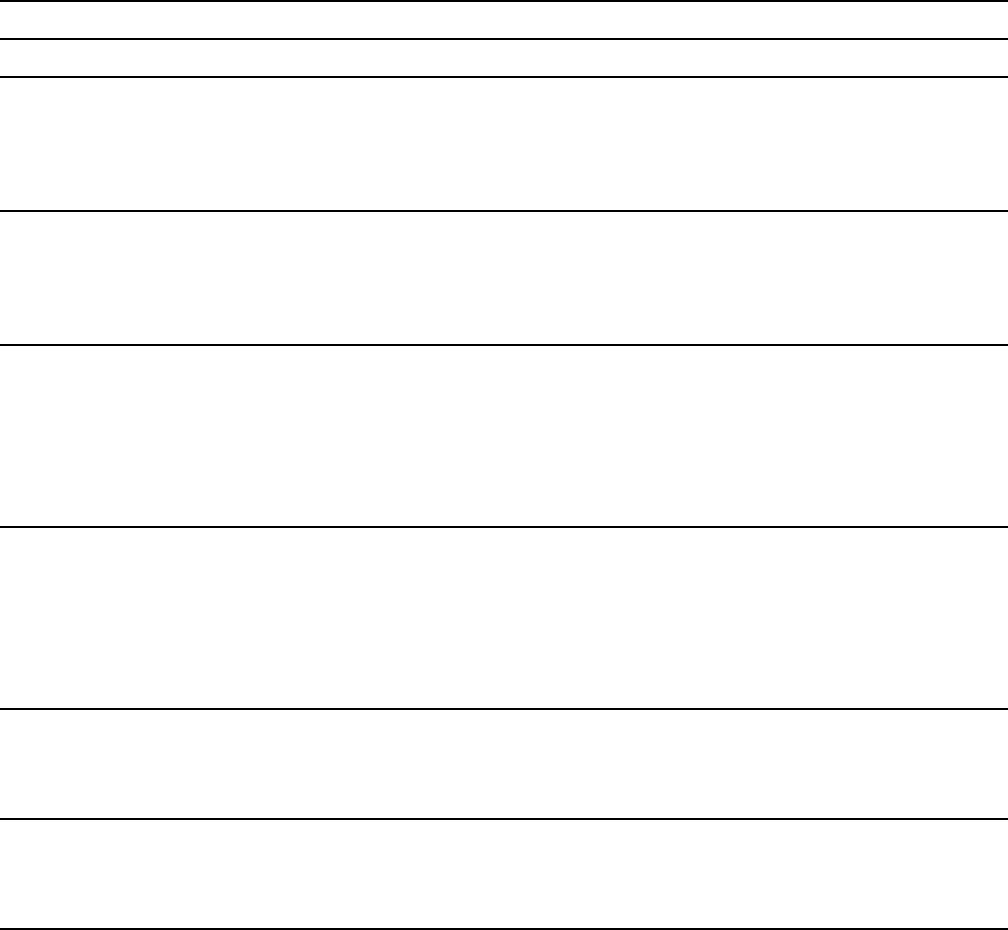
The Db2 MQ functions include scalar functions, table functions, and XML-specic functions. For each of
these functions, you can call a version that uses the MQI. The function signatures are the same. However,
the qualifying schema names are different. To call an MQI-based function, specify the schema name
DB2MQ.
Requirement: Before you can call the version of these functions that uses MQI , you need to populate the
Db2 MQ tables.
The following table describes the Db2 MQ scalar functions.
Table 125. Db2 MQ scalar functions
Scalar function Description
MQREAD (receive-service,
service-policy)
MQREAD returns a message in a VARCHAR variable from the MQ location
specied by receive-service, using the policy dened in service-policy. This
operation does not remove the message from the head of the queue but
instead returns it. If no messages are available to be returned, a null value is
returned.
MQREADCLOB (receive-service,
service-policy)
MQREADCLOB returns a message in a CLOB variable from the MQ location
specied by receive-service, using the policy dened in service-policy. This
operation does not remove the message from the head of the queue but
instead returns it. If no messages are available to be returned, a null value is
returned.
MQRECEIVE (receive-service,
service-policy, correlation-id)
MQRECEIVE returns a message in a VARCHAR variable from the MQ location
specied by receive-service, using the policy dened in service-policy.
This operation removes the message from the queue. If correlation-id
is specied, the rst message with a matching correlation identier is
returned; if correlation-id is not specied, the message at the beginning of
queue is returned. If no messages are available to be returned, a null value
is returned.
MQRECEIVECLOB (receive-
service, service-policy,
correlation-id)
MQRECEIVECLOB returns a message in a CLOB variable from the MQ
location specied by receive-service, using the policy dened in service-
policy. This operation removes the message from the queue. If correlation-
id is specied, the rst message with a matching correlation identier is
returned; if correlation-id is not specied, the message at the head of queue
is returned. If no messages are available to be returned, a null value is
returned.
MQSEND (send-service, service-
policy, msg-data, correlation-id)
MQSEND sends the data in a VARCHAR or CLOB variable msg-data to the MQ
location specied by send-service, using the policy dened in service-policy.
An optional user-dened message correlation identier can be specied by
correlation-id. The return value is 1 if successful or 0 if not successful.
Notes:
1. You can send or receive messages in VARCHAR variables or CLOB variables. The maximum length for a
message in a VARCHAR variable is 32 KB. The maximum length for a message in a CLOB variable is 2 MB.
The following table describes the MQ table functions that Db2 can use.
Chapter 6. Coding methods for distributed data
785
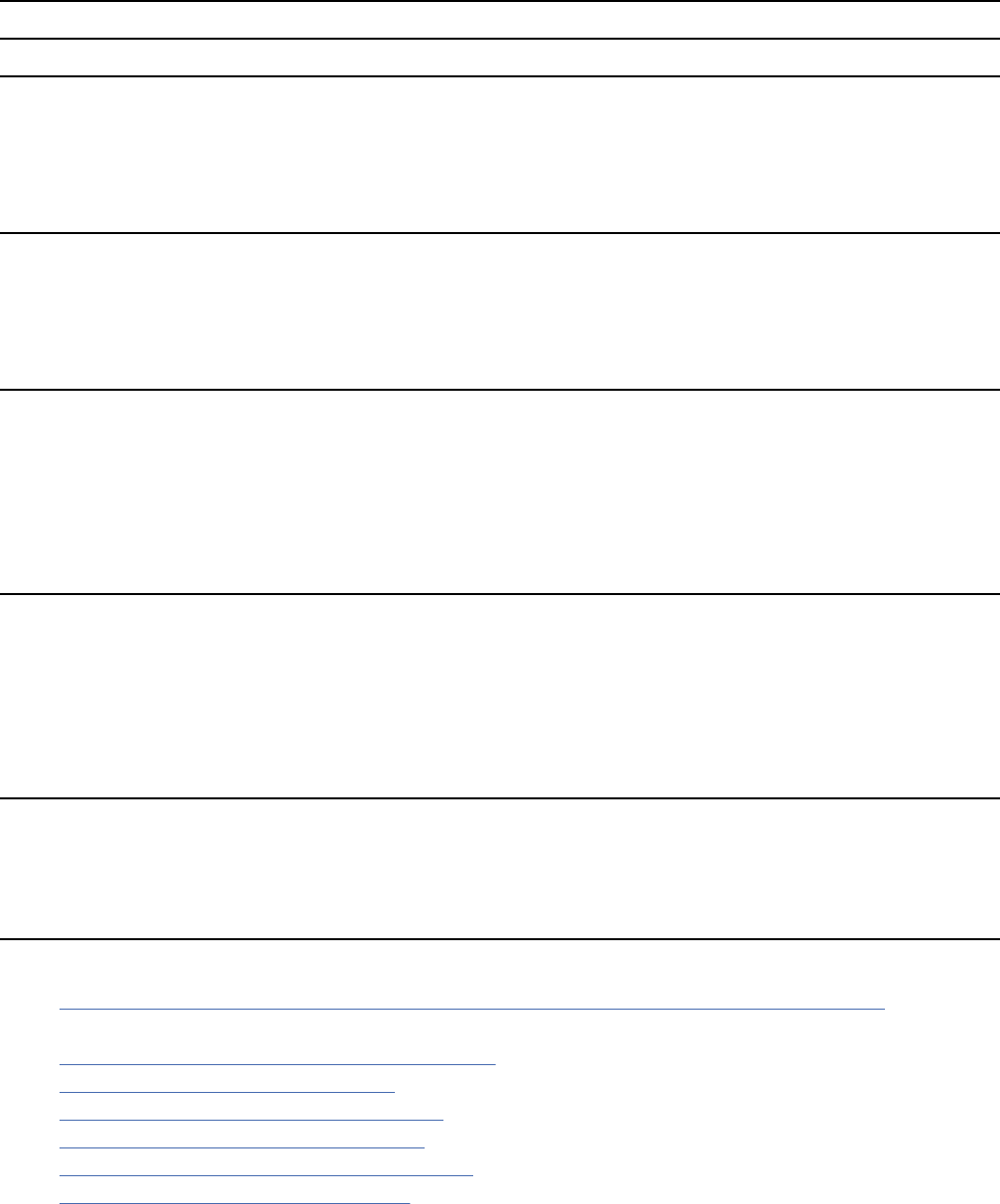
Table 126. Db2 MQ table functions
Table function Description
MQREADALL (receive-service,
service-policy, num-rows)
MQREADALL returns a table that contains the messages and message
metadata in VARCHAR variables from the MQ location specied by receive-
service, using the policy dened in service-policy. This operation does not
remove the messages from the queue. If num-rows is specied, a maximum
of num-rows messages is returned; if num-rows is not specied, all available
messages are returned.
MQREADALLCLOB (receive-
service, service-policy, num-rows)
MQREADALLCLOB returns a table that contains the messages and message
metadata in CLOB variables from the MQ location specied by receive-
service, using the policy dened in service-policy. This operation does not
remove the messages from the queue. If num-rows is specied, a maximum
of num-rows messages is returned; if num-rows is not specied, all available
messages are returned.
MQRECEIVEALL (receive-service,
service-policy, correlation-id,
num-rows)
MQRECEIVEALL returns a table that contains the messages and message
metadata in VARCHAR variables from the MQ location specied by receive-
service, using the policy dened in service-policy. This operation removes
the messages from the queue. If correlation-id is specied, only those
messages with a matching correlation identier are returned; if correlation-
id is not specied, all available messages are returned. If num-rows is
specied, a maximum of num-rows messages is returned; if num-rows is
not specied, all available messages are returned.
MQRECEIVEALLCLOB (receive-
service, service-policy,
correlation-id, num-rows)
MQRECEIVEALLCLOB returns a table that contains the messages and
message metadata in CLOB variables from the MQ location specied by
receive-service, using the policy dened in service-policy. This operation
removes the messages from the queue. If correlation-id is specied, only
those messages with a matching correlation identier are returned; if
correlation-id is not specied, all available messages are returned. If num-
rows is specied, a maximum of num-rows messages is returned; if num-
rows is not specied, all available messages are returned.
Notes:
1. You can send or receive messages in VARCHAR variables or CLOB variables. The maximum length for a
message in a VARCHAR variable is 32 KB. The maximum length for a message in a CLOB variable is 2 MB.
2. The rst column of the result table of a Db2 MQ table function contains the message.
Related tasks
Additional steps for enabling IBM MQ user-dened functions (Db2 Installation and Migration)
Related reference
Procedures that are supplied with Db2 (Db2 SQL)
MQREADALL table function (Db2 SQL)
MQREADALLCLOB table function (Db2 SQL)
MQRECEIVEALL table function (Db2 SQL)
MQRECEIVEALLCLOB table function (Db2 SQL)
The Message Queue Interface overview
786
Db2 12 for z/OS: Application Programming and SQL Guide (Last updated: 2024-07-30)
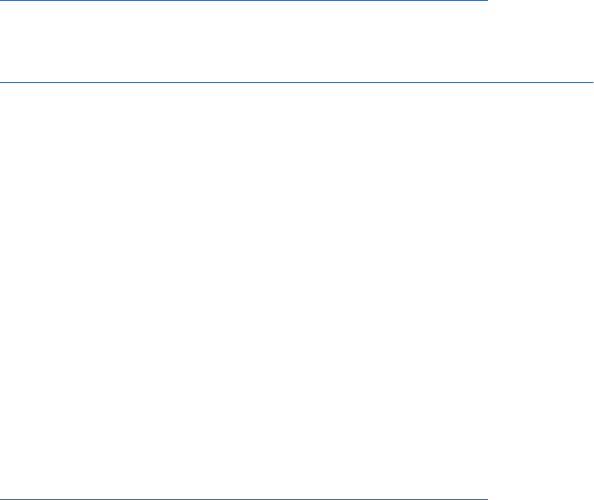
Generating XML documents from existing tables and sending them to an MQ
message queue
You can send data from a Db2 table to the MQ message queue. First put the data in an XML document and
then send that document to the message queue.
Procedure
To generate XML documents from existing tables and send them to an MQ message queue:
1. Compose an XML document by using the Db2 XML publishing functions.
2. Cast the XML document to type VARCHAR or CLOB.
3. Send the document to an MQ message queue by using the appropriate Db2 MQ function.
Related concepts
Db2 MQ functions and Db2 MQ XML stored procedures
You can use the Db2 MQ functions and stored procedures to send messages to a message queue or to
receive messages from the message queue.
Functions for constructing XML values (Db2 Programming for XML)
Shredding XML documents from an MQ message queue
When you retrieve XML data from an MQ message queue, you can shred that data into Db2 tables for easy
retrievability.
About this task
Procedure
To shred XML documents from an MQ message queue:
1. Retrieve the XML document from an MQ message queue by using the appropriate MQ function.
2. Shred the retrieved message to Db2 tables by using the XML decomposition stored procedure
(XDBDECOMPXML).
Related concepts
Db2 MQ functions and Db2 MQ XML stored procedures
You can use the Db2 MQ functions and stored procedures to send messages to a message queue or to
receive messages from the message queue.
Db2 MQ tables
The Db2 MQ tables contain service and policy denitions that are used by the Message Queue Interface
(MQI) based Db2 MQ functions. You must populate the Db2 MQ tables before you can use these MQI-
based functions.
The Db2 MQ tables are SYSIBM.MQSERVICE_TABLE and SYSIBM.MQPOLICY_TABLE. These tables are
user-managed. You need to create them during the installation or migration process. Installation job
DSNTIJRT creates these tables with one default row in each table.
If you previously used the AMI-based Db2 MQ functions, you used AMI conguration les instead of these
tables. To use the MQI-based Db2 MQ functions, you need to move the data from those conguration les
to the Db2 tables SYSIBM.MQSERVICE_TABLE and SYSIBM.MQPOLICY_TABLE .
The following table describes the columns for SYSIBM.MQSERVICE_TABLE.
Chapter 6. Coding methods for distributed data
787
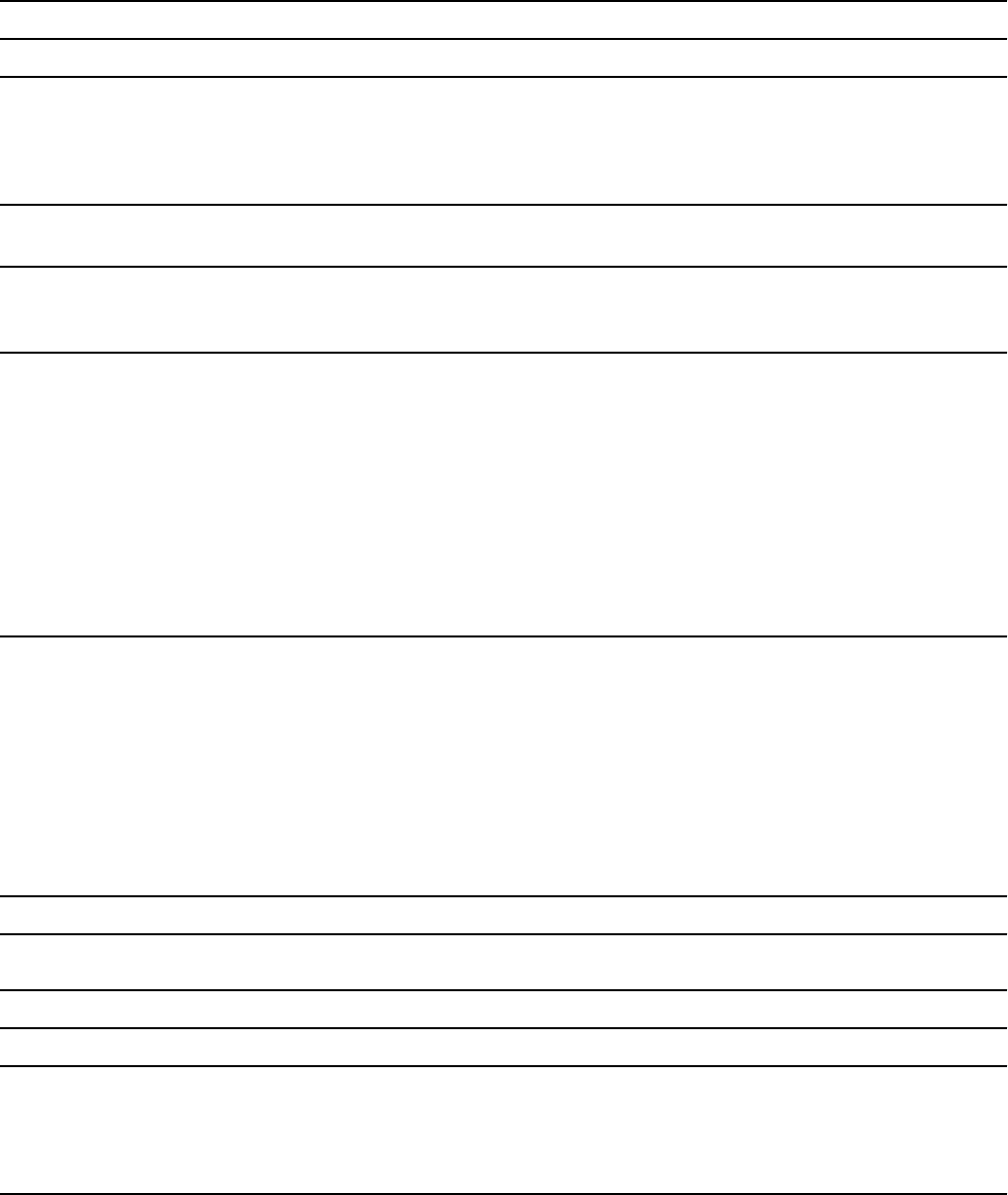
Table 127. SYSIBM.MQSERVICE_TABLE column descriptions
Column name Description
SERVICENAME This column contains the service name, which is an
optional input parameter of the MQ functions.
This column is the primary key for the
SYSIBM.MQSERVICE_TABLE table.
QUEUEMANAGER This column contains the name of the queue manager
where the MQ functions are to establish a connection.
INPUTQUEUE This column contains the name of the queue from
which the MQ functions are to send and retrieve
messages.
CODEDCHARSETID This column contains the character set identier for
character data in the messages that are sent and
received by the MQ functions.
This column corresponds to the CodedCharSetId eld
in the message descriptor structure (MQMD). MQ
functions use the value in this column to set the
CodedCharSetId eld.
The default value for this column is 0, which sets
the CodedCharSetId eld of the MQMD to the value
MQCCSI_Q_MGR.
ENCODING This column contains the encoding value for the
numeric data in the messages that are sent and
received by the MQ functions.
This column corresponds to the Encoding eld in the
message descriptor structure (MQMD). MQ functions
use the value in this column to set the Encoding eld.
The default value for this column is 0, which
sets the Encoding eld in the MQMD to the value
MQENC_NATIVE.
DESCRIPTION This column contains the description of the service.
The following table describes the columns for SYSIBM.MQPOLICY_TABLE.
Table 128. SYSIBM.MQPOLICY_TABLE column descriptions
Column name Description
POLICYNAME This column contains the policy name, which is an
optional input parameter of the MQ functions.
This column is the primary key for the
SYSIBM.MQPOLICY_TABLE table.
788Db2 12 for z/OS: Application Programming and SQL Guide (Last updated: 2024-07-30)
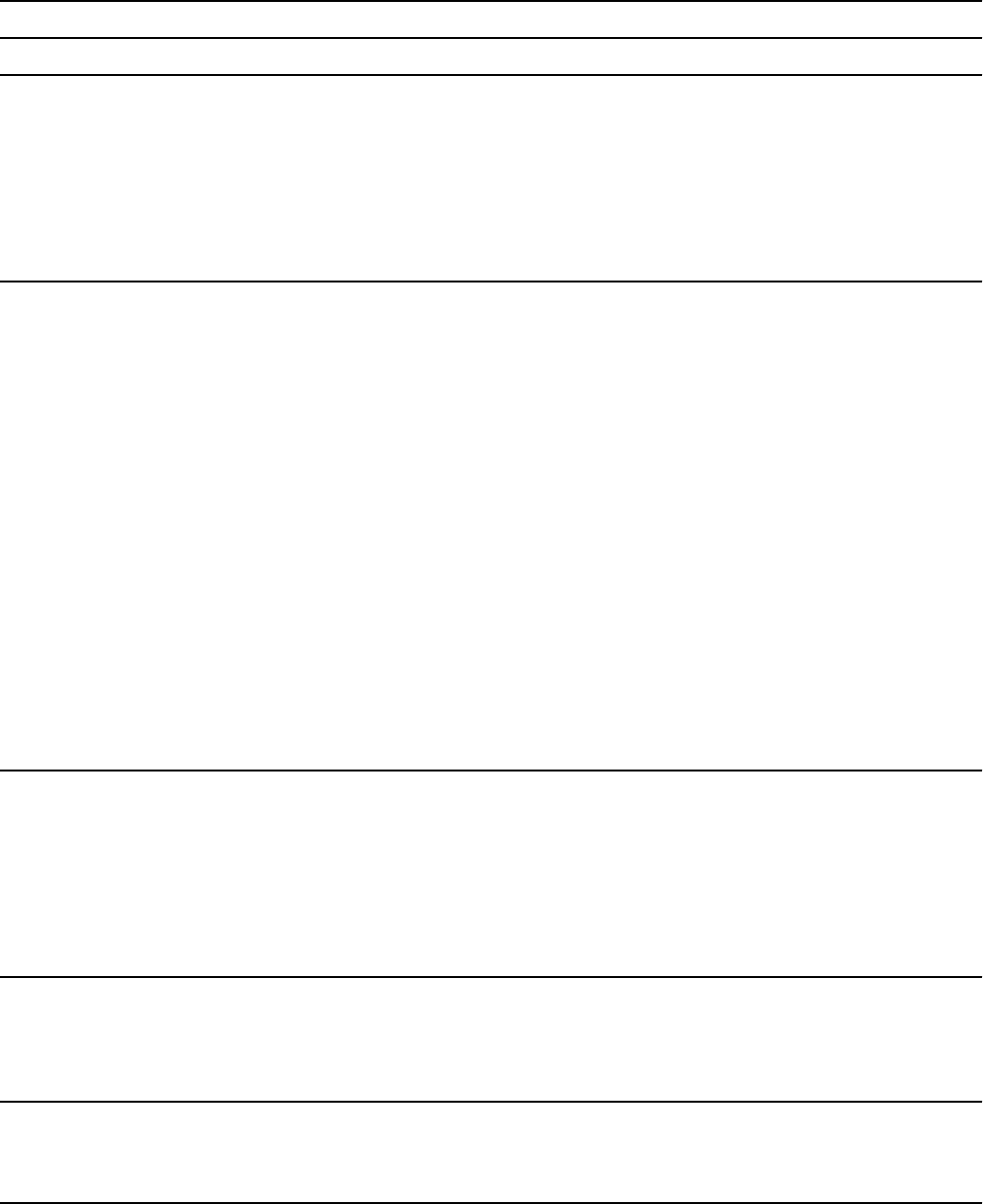
Table 128. SYSIBM.MQPOLICY_TABLE column descriptions (continued)
Column name Description
SEND_PRIORITY This column contains the priority of the message.
This column corresponds to the Priority eld in the
message descriptor structure (MQMD). MQ functions
use the value in this column to set the Priority eld.
The default value for this column is -1, which
sets the Priority eld in the MQMD to the value
MQQPRI_PRIORITY_AS_Q_DEF.
SEND_PERSISTENCE This column indicates whether the message persists
despite any system failures or instances of restarting
the queue manager.
This column corresponds to the Persistence eld in the
message descriptor structure (MQMD). MQ functions
use the value in this column to set the Persistence
eld.
This column can have the following values:
Q
Sets the Persistence eld in the MQMD to the value
MQPER_PERSISTENCE_AS_Q_DEF. This value is
the default.
Y
Sets the Persistence eld in the MQMD to the value
MQPER_PERSISTENT.
N
Sets the Persistence eld in the MQMD to the value
MQPER_NOT_ PERSISTENT.
SEND_EXPIRY This column contains the message expiration time, in
tenths of a second.
This column corresponds to the Expiry eld in the
message descriptor structure (MQMD). MQ functions
use the value in this column to set the Expiry eld.
The default value is -1, which sets the Expiry eld to
the value MQEI_UNLIMITED.
SEND_RETRY_COUNT This column contains the number of times that the MQ
function is to try to send a message if the procedure
fails.
The default value is 5.
SEND_RETRY_INTERVAL This column contains the interval, in milliseconds,
between each attempt to send a message.
The default value is 1000.
Chapter 6. Coding methods for distributed data789

Table 128. SYSIBM.MQPOLICY_TABLE column descriptions (continued)
Column name Description
SEND_NEW_CORRELID This column species how the correlation identier is
to be set if a correlation identier is not passed as an
input parameter in the MQ function. The correlation
identier is set in the CorrelId eld in the message
descriptor structure (MQMD).
This column can have one of the following values:
N
Sets the CorrelId eld in the MQMD to binary
zeros. This value is the default.
Y
Species that the queue manager is to
generate a new correlation identier and set
the CorrelId eld in the MQMD to that value.
This 'Y' value is equivalent to setting the
MQPMO_NEW_CORREL_ID option in the Options
eld in the put message options structure
(MQPMO).
SEND_RESPONSE_MSGID This column species how the MsgId eld in the
message descriptor structure (MQMD) is to be set for
report and reply messages.
This column corresponds to the Report eld in the
MQMD. MQ functions use the value in this column to
set the Report eld.
This column can have one of the following values:
N
Sets the MQRO_NEW_MSG_ID option in the Report
eld in the MQMD. This value is the default.
P
Sets the MQRO_PASS_MSG_ID option in the
Report eld in the MQMD.
SEND_RESPONSE_CORRELID This column species how the CorrelID eld in the
message descriptor structure (MQMD) is to be set for
report and reply messages.
This column corresponds to the Report eld in the
MQMD. MQ functions use the value in this column to
set the Report eld.
This column can have one of the following values:
C
Sets the MQRO_COPY_MSG_ID_TO_CORREL_ID
option in the Report eld in the MQMD. This value
is the default.
P
Sets the MQRO_PASS_CORREL_ID option in the
Report eld in the MQMD.
790Db2 12 for z/OS: Application Programming and SQL Guide (Last updated: 2024-07-30)

Table 128. SYSIBM.MQPOLICY_TABLE column descriptions (continued)
Column name Description
SEND_EXCEPTION_ACTION This column species what to do with the original
message when it cannot be delivered to the
destination queue.
This column corresponds to the Report eld in the
message descriptor structure (MQMD). MQ functions
use the value in this column to set the Report eld.
This column can have one of the following values:
Q
Sets the MQRO_DEAD_LETTER_Q option in the
Report eld in the MQMD. This value is the default.
D
Sets the MQRO_DISCARD_MSG option in the
Report eld in the MQMD.
P
Sets the MQRO_PASS_DISCARD_AND_EXPIRY
option in the Report eld in the MQMD.
SEND_REPORT_EXCEPTION This column species whether an exception report
message is to be generated when a message cannot
be delivered to the specied destination queue and if
so, what that report message should contain.
This column corresponds to the Report eld in the
message descriptor structure (MQMD). MQ functions
use the value in this column to set the Report eld.
This column can have one of the following values:
N
Species that an exception report message is not
to be generated. No options in the Report eld are
set. This value is the default.
E
Sets the MQRO_EXCEPTION option in the Report
eld in the MQMD.
D
Sets the MQRO_EXCEPTION_WITH_DATA option in
the Report eld in the MQMD.
F
Sets the MQRO_EXCEPTION_WITH_FULL_DATA
option in the Report eld in the MQMD.
Chapter 6. Coding methods for distributed data791

Table 128. SYSIBM.MQPOLICY_TABLE column descriptions (continued)
Column name Description
SEND_REPORT_COA This column species whether the queue manager is
to send a conrm-on-arrival (COA) report message
when the message is placed in the destination queue,
and if so, what that COA message is to contain.
This column corresponds to the Report eld in the
message descriptor structure (MQMD). MQ functions
use the value in this column to set the Report eld.
This column can have one of the following values:
N
Species that a COA message is not to be sent. No
options in the Report eld are set. This value is the
default
C
Sets the MQRO_COA option in the Report eld in
the MQMD
D
Sets the MQRO_COA_WITH_DATA option in the
Report eld in the MQMD.
F
Sets the MQRO_COA_WITH_FULL_DATA option in
the Report eld in the MQMD.
SEND_REPORT_COD
This column species whether the queue manager is
to send a conrm-on-delivery (COD) report message
when an application retrieves and deletes a message
from the destination queue, and if so, what that COD
message is to contain.
This column corresponds to the Report eld in the
message descriptor structure (MQMD). MQ functions
use the value in this column to set the Report eld.
This column can have one of the following values:
N
Species that a COD message is not to be sent. No
options in the Report eld are set. This value is the
default.
C
Sets the MQRO_COD option in the Report eld in
the MQMD.
D
Sets the MQRO_COD_WITH_DATA option in the
Report eld in the MQMD.
F
Sets the MQRO_COD_WITH_FULL_DATA option in
the Report eld in the MQMD.
792
Db2 12 for z/OS: Application Programming and SQL Guide (Last updated: 2024-07-30)

Table 128. SYSIBM.MQPOLICY_TABLE column descriptions (continued)
Column name Description
SEND_REPORT_EXPIRY This column species whether the queue manager is
to send an expiration report message if a message is
discarded before it is delivered to an application, and if
so, what that message is to contain.
This column corresponds to the Report eld in the
message descriptor structure (MQMD). MQ functions
use the value in this column to set the Report eld.
This column can have one of the following values:
N
Species that an expiration report message is not
to be sent. No options in the Report eld are
set.This value is the default.
C
Sets the MQRO_EXPIRATION option in the Report
eld in the MQMD.
D
Sets the MQRO_EXPIRATION_WITH_DATA option
in the Report eld in the MQMD.
F
Sets the MQRO_EXPIRATION_WITH_FULL_DATA
option in the Report eld in the MQMD.
SEND_REPORT_ACTION
This column species whether the receiving
application sends a positive action notication (PAN), a
negative action notication (NAN), or both.
This column corresponds to the Report eld in the
message descriptor structure (MQMD). MQ functions
use the value in this column to set the Report eld.
This column can have one of the following values:
N
Species that neither notication is to be sent. No
options in the Report eld are set. This value is the
default.
P
Sets the MQRO_PAN option in the Report eld in
the MQMD.
T
Sets the MQRO_NAN option in the Report eld in
the MQMD.
B
Sets both the MQRO_PAN and MQRO_NAN options
in the Report eld in the MQMD.
Chapter 6. Coding methods for distributed data793
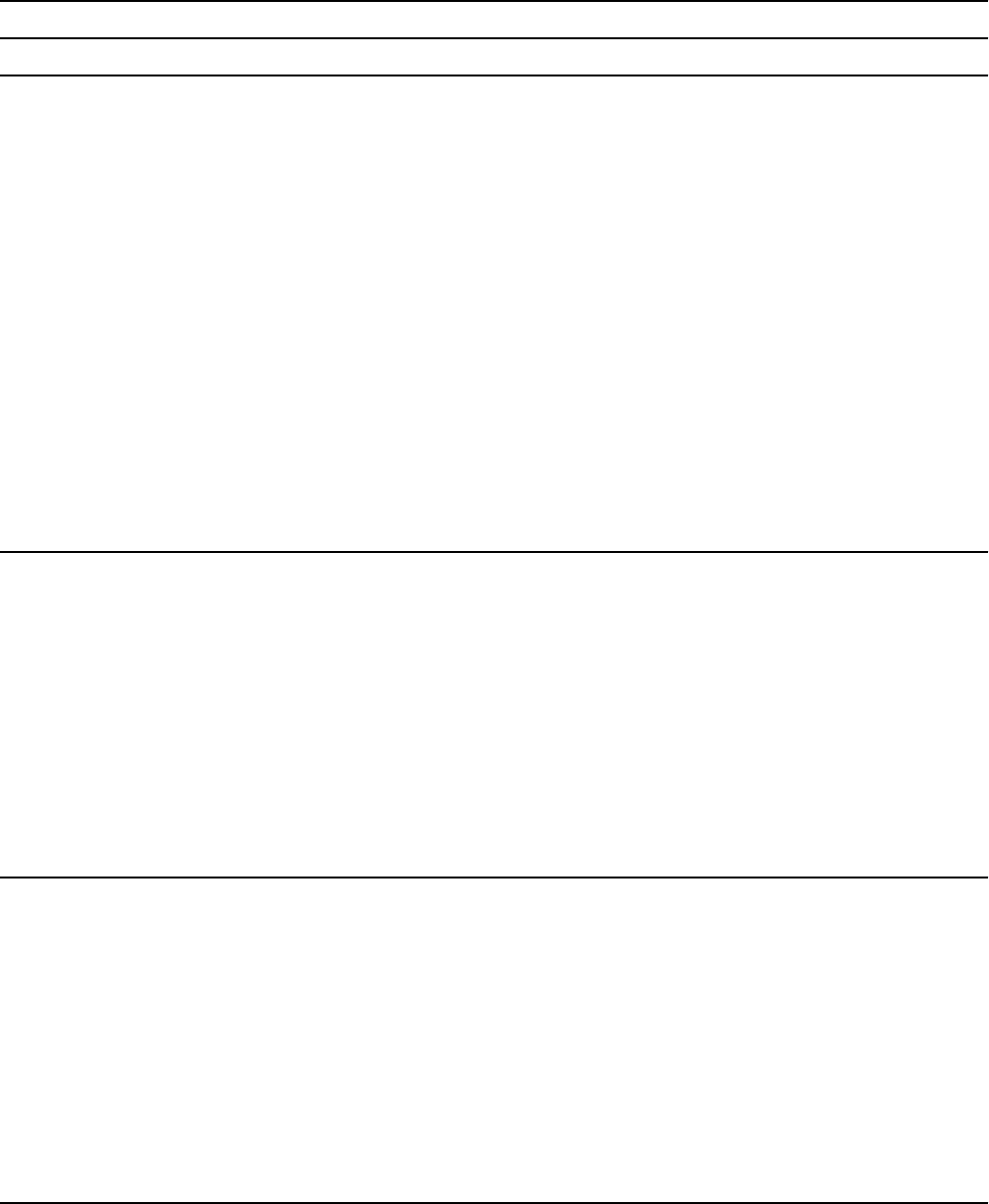
Table 128. SYSIBM.MQPOLICY_TABLE column descriptions (continued)
Column name Description
SEND_MSG_TYPE This column contains the type of message.
This column corresponds to the MsqType eld in the
message descriptor structure (MQMD). MQ functions
use the value in this column to set the MsqType eld.
This column can have one of the following values:
DTG
Sets the MsgType eld in the MQMD to
MQMT_DATAGRAM. This value is the default.
REQ
Sets the MsgType eld in the MQMD to
MQMT_REQUEST.
RLY
Sets the MsgType eld in the MQMD to
MQMT_REPLY.
RPT
Sets the MsgType eld in the MQMD to
MQMT_REPORT.
REPLY_TO_Q This column contains the name of the message queue
to which the application that issued the MQGET call is
to send reply and report messages.
This column corresponds to the ReplyToQ eld in the
message descriptor structure (MQMD). MQ functions
use the value in this column to set the ReplyToQ eld.
The default value for this column is SAME AS INPUT_Q,
which sets the name to the queue name that is
dened in the service that was used for sending the
message. If no service was specied, the name is set
to DB2MQ_DEFAULT_Q, which is the name of the input
queue for the default service.
REPLY_TO_QMGR This column contains the name of the queue manager
to which the reply and report messages are to be sent.
This column corresponds to the ReplyToQMgr eld
in the message descriptor structure (MQMD). MQ
functions use the value in this column to set the
ReplyToQMgr eld.
The default value for this column is SAME AS
INPUT_QMGR, which sets the name to the queue
manager name that is dened in the service that
was used for sending the message. If no service was
specied, the name is set to the name of the queue
manager for the default service.
794Db2 12 for z/OS: Application Programming and SQL Guide (Last updated: 2024-07-30)
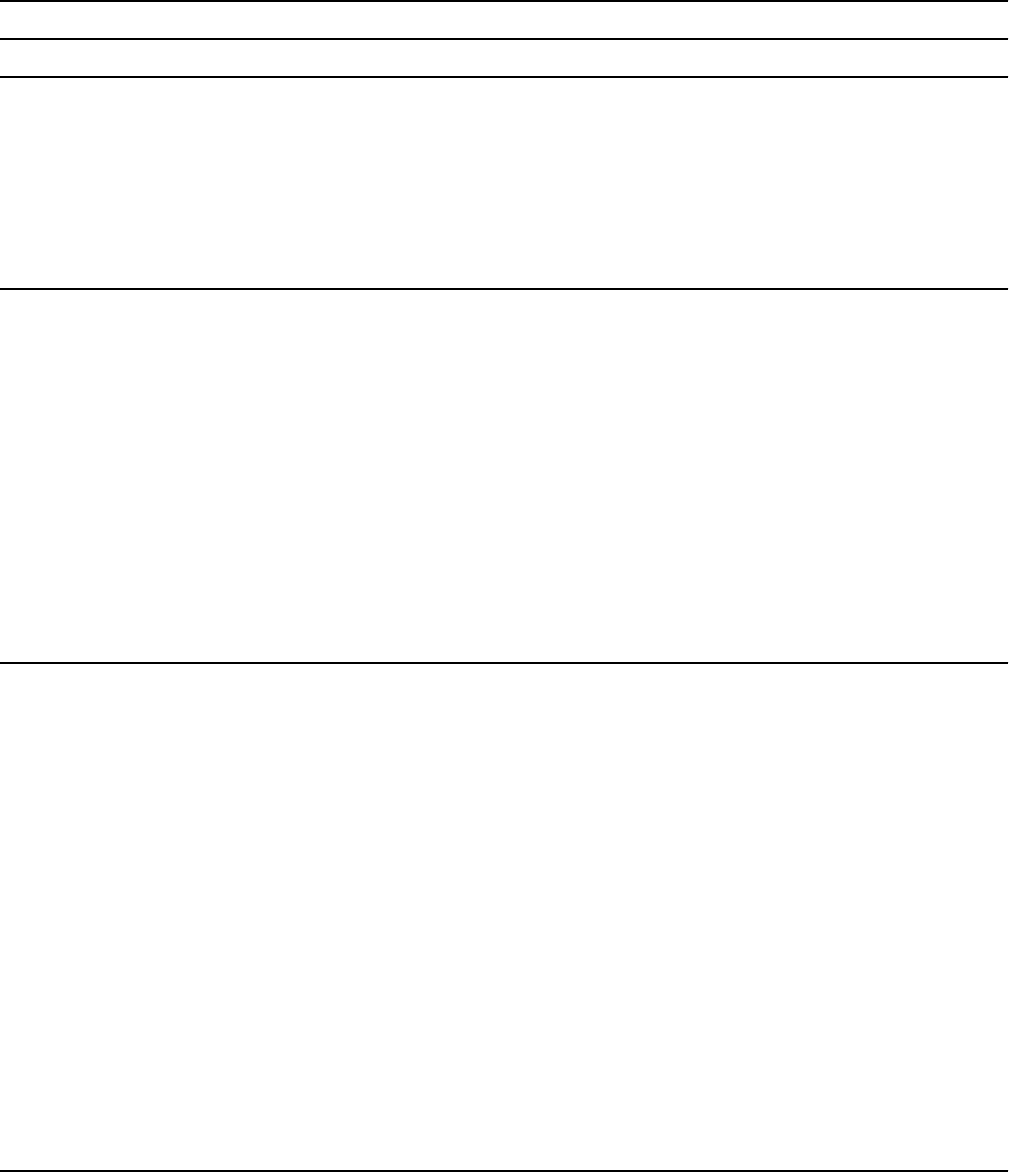
Table 128. SYSIBM.MQPOLICY_TABLE column descriptions (continued)
Column name Description
RCV_WAIT_INTERVAL This column contains the time, in milliseconds, that
Db2 is to wait for messages to arrive in the queue.
This column corresponds to the WaitInterval eld
in the get message options structure (MQGMO). MQ
functions use the value in this column to set the
WaitInterval eld.
The default is 10.
RCV_CONVERT This column indicates whether to convert the
application data in the message to conform to the
CodedCharSetId and Encoding values of the specied
MQ service.
This column corresponds to the Options eld in the get
message options structure (MQGMO). MQ functions
use the value in this column to set the Options eld.
This column can have one of the following values:
Y
Sets the MQGMO_CONVERT option in the Options
eld in the MQGMO. This value is the default.
N
Species that no data is to be converted.
RCV_ACCEPT_TRUNC_MSG This column species the behavior of the MQ function
when oversized messages are retrieved.
This column corresponds to the Options eld in the get
message options structure (MQGMO). MQ functions
use the value in this column to set the Options eld.
This column can have one of the following values:
Y
Sets the MQGMO_ACCEPT_TRUNCATED_MSG
option in the Options eld in the MQGMO. This
value is the default.
N
Species that no messages are to be truncated. If
the message is too large to t in the buffer, the MQ
function terminates with an error.
Recommendation: Set this column to Y. In this case, if
the message buffer is too small to hold the complete
message, the MQ function can ll the buffer with as
much of the message as the buffer can hold.
Chapter 6. Coding methods for distributed data795
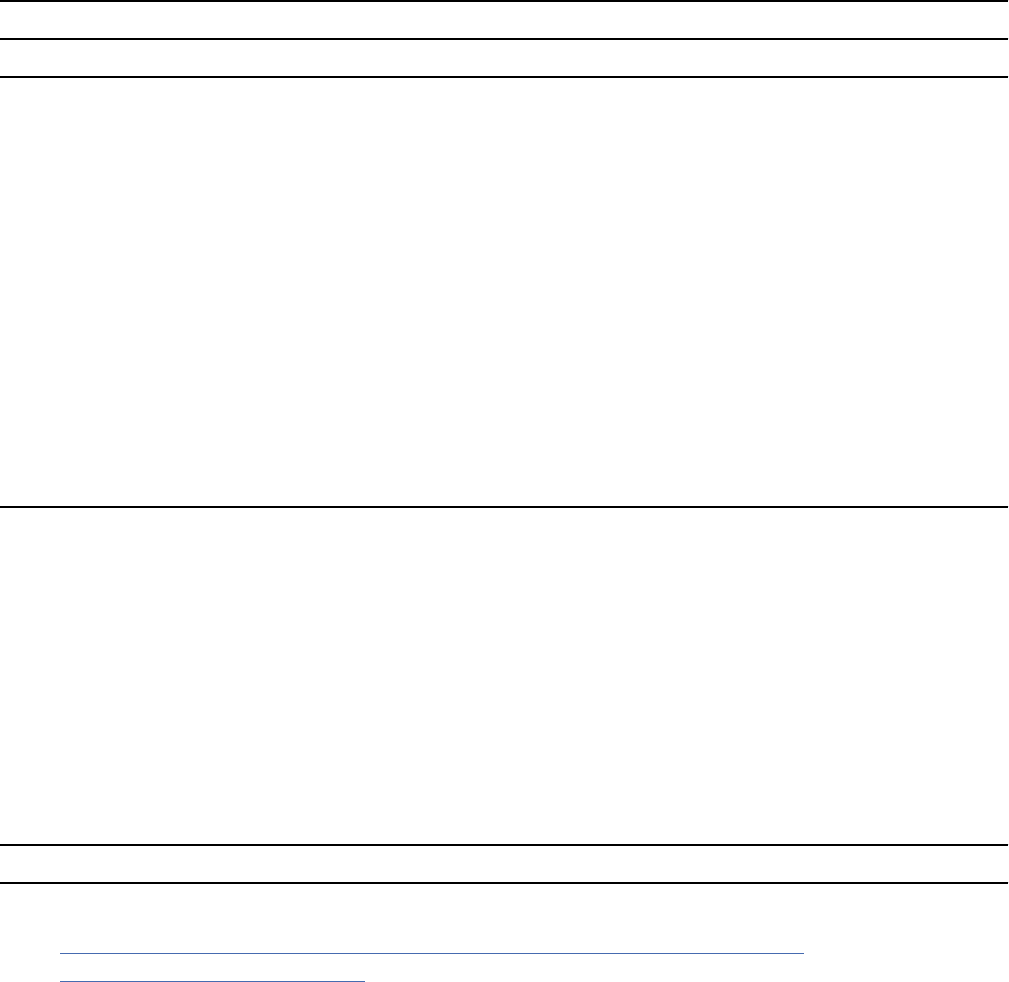
Table 128. SYSIBM.MQPOLICY_TABLE column descriptions (continued)
Column name Description
REV_OPEN_SHARED This column species the input queue mode when
messages are retrieved.
This column corresponds to the Options parameter for
an MQOPEN call. MQ functions use the value in this
column to set the Options parameter.
This column can have one of the following values:
S
Sets the MQOO_INPUT_SHARED option. This value
is the default.
E
Sets the MQ option MQOO_INPUT_EXCLUSIVE
option.
D
Sets the MQ option MQOO_INPUT_AS_Q_DEF
option.
SYNCPOINT This column indicates whether the MQ function is to
operate within the protocol for a normal unit of work.
This column can have one of the following values:
Y
Species that the MQ function is to operate within
the protocol for a normal unit of work. Use this
value for two-phase commit environments. This
value is the default.
N
Species that the MQ function is to operate
outside the protocol for a normal unit of work. Use
this value for one-phase commit environments.
DESC This column contains the description of the policy.
Related reference
Core WLM environments for Db2-supplied routines (Db2 Installation and Migration)
Developing applications reference
Basic messaging with IBM MQ
The most basic form of messaging with the Db2 MQ functions occurs when all database applications
connect to the same Db2 database server. Clients can be local to the database server or distributed in a
network environment.
In a simple scenario, client A invokes the MQSEND function to send a user-dened string to the location
that is dened by the default service. Db2 executes the MQ functions that perform this operation on the
database server. At some later time, client B invokes the MQRECEIVE function to remove the message at
the head of the queue that is dened by the default service, and return it to the client. Db2 executes the
MQ functions that perform this operation on the database server.
Database clients can use simple messaging in a number of ways:
• Data collection
796
Db2 12 for z/OS: Application Programming and SQL Guide (Last updated: 2024-07-30)

Information is received in the form of messages from one or more sources. An information source
can be any application. The data is received from queues and stored in database tables for additional
processing.
• Workload distribution
Work requests are posted to a queue that is shared by multiple instances of the same application. When
an application instance is ready to perform some work, it receives a message that contains a work
request from the head of the queue. Multiple instances of the application can share the workload that is
represented by a single queue of pooled requests.
• Application signaling
In a situation where several processes collaborate, messages are often used to coordinate their efforts.
These messages might contain commands or requests for work that is to be performed. For more
information about this technique, see “Application to application connectivity with IBM MQ” on page
799.
The following scenario extends basic messaging to incorporate remote messaging. Assume that machine
A sends a message to machine B.
1. The Db2 client executes an MQSEND function call, specifying a target service that has been dened to
be a remote queue on machine B.
2. The MQ functions perform the work to send the message. The WebSphere MQ server on machine A
accepts the message and guarantees that it will deliver it to the destination that is dened by the
service and the current MQ conguration of machine A. The server determines that the destination is a
queue on machine B. The server then attempts to deliver the message to the WebSphere MQ server on
machine B, trying again as needed.
3. The IBM MQ server on machine B accepts the message from the server on machine A and places it in
the destination queue on machine B.
4. A IBM MQ client on machine B requests the message at the head of the queue.
Sending messages with IBM MQ
When you send messages with IBM MQ, you choose what data to send, where to send it and when to send
it. This type of messaging is called send and forget; the sender sends a message and relies on IBM MQ to
ensure that the message reaches its destination.
Procedure
To send messages with IBM MQ, use MQSEND.
Message content can be any combination of SQL statements, expressions, functions, and user-specied
data. Because this MQSEND function uses two-phase commit, the COMMIT statement ensures that the
message is added to the MQ queue.
Examples
If you send more than one column of information, separate the columns with the characters || ' ' ||.
MQSEND (LASTNAME || ' ' || FIRSTNAME)
The following examples use the DB2MQ schema for two-phase commit, with the default service
Db2.DEFAULT.SERVICE and the default policy Db2.DEFAULT.POLICY.
The following SQL SELECT statement sends a message that consists of the string "Testing msg":
SELECT DB2MQ.MQSEND ('Testing msg')
FROM SYSIBM.SYSDUMMY1;
COMMIT;
Chapter 6. Coding methods for distributed data
797
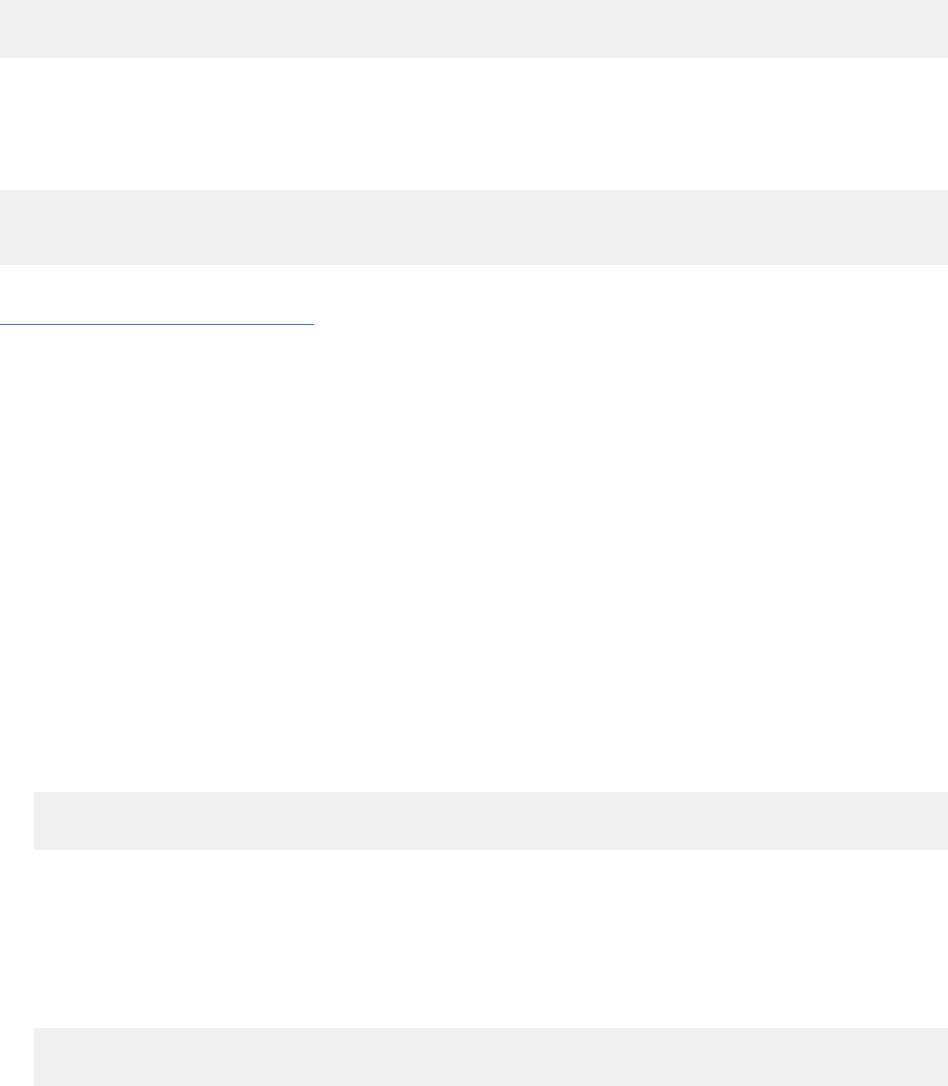
The MQSEND function is invoked once because SYSIBM.SYSDUMMY1 has only one row. Because this
MQSEND function uses two-phase commit, the COMMIT statement ensures that the message is added to
the queue.
When you use single-phase commit, you do not need to use a COMMIT statement. For example:
SELECT DB2MQ.MQSEND ('Testing msg')
FROM SYSIBM.SYSDUMMY1;
The MQ operation causes the message to be added to the queue.
Assume that you have an EMPLOYEE table, with VARCHAR columns LASTNAME, FIRSTNAME, and
DEPARTMENT. To send a message that contains this information for each employee in DEPARTMENT
5LGA, issue the following SQL SELECT statement:
SELECT DB2MQ.MQSEND (LASTNAME || ' ' || FIRSTNAME || ' ' || DEPARTMENT)
FROM EMPLOYEE WHERE DEPARTMENT = '5lGA';
COMMIT;
Related reference
MQSEND scalar function (Db2 SQL)
Retrieving messages with IBM MQ
With IBM MQ, programs can read or receive messages. Both reading and receiving operations return the
message at the start of the queue. However, the reading operation does not remove the message from the
queue, whereas the receiving operation does.
About this task
A message that is retrieved using a receive operation can be retrieved only once, whereas a message that
is retrieved using a read operation allows the same message to be retrieved many times.
Examples
The following examples use the DB2MQ2N schema for two-phase commit, with the default service
Db2.DEFAULT.SERVICE and the default policy Db2.DEFAULT.POLICY.
Example
The following SQL SELECT statement reads the message at the head of the queue that is specied by
the default service and policy:
SELECT DB2MQ2N.MQREAD()
FROM SYSIBM.SYSDUMMY1;
The MQREAD function is invoked once because SYSIBM.SYSDUMMY1 has only one row. The SELECT
statement returns a VARCHAR(4000) string. If no messages are available to be read, a null value is
returned. Because MQREAD does not change the queue, you do not need to use a COMMIT statement.
Example
The following SQL SELECT statement causes the contents of a queue to be materialized as a Db2
table:
SELECT T.*
FROM TABLE(DB2MQ2N.MQREADALL()) T;
The result table T of the table function consists of all the messages in the queue, which is dened
by the default service, and the metadata about those messages. The rst column of the materialized
result table is the message itself, and the remaining columns contain the metadata. The SELECT
798
Db2 12 for z/OS: Application Programming and SQL Guide (Last updated: 2024-07-30)

statement returns both the messages and the metadata.To return only the messages, issue the
following statement:
SELECT T.MSG
FROM TABLE(DB2MQ2N.MQREADALL()) T;
The result table T of the table function consists of all the messages in the queue, which is dened by
the default service, and the metadata about those messages. This SELECT statement returns only the
messages.
Example
The following SQL SELECT statement receives (removes) the message at the head of the queue:
SELECT DB2MQ2N.MQRECEIVE()
FROM SYSIBM.SYSDUMMY1;
COMMIT;
The MQRECEIVE function is invoked once because SYSIBM.SYSDUMMY1 has only one row. The
SELECT statement returns a VARCHAR(4000) string. Because this MQRECEIVE function uses two-
phase commit, the COMMIT statement ensures that the message is removed from the queue. If no
messages are available to be retrieved, a null value is returned, and the queue does not change.
Example
Assume that you have a MESSAGES table with a single VARCHAR(2000) column. The following SQL
INSERT statement inserts all of the messages from the default service queue into the MESSAGES
table in your Db2 database:
INSERT INTO MESSAGES
SELECT T.MSG
FROM TABLE(DB2MQ2N.MQRECEIVEALL()) T;
COMMIT;
The result table T of the table function consists of all the messages in the default service queue and
the metadata about those messages. The SELECT statement returns only the messages. The INSERT
statement stores the messages into a table in your database.
Application to application connectivity with IBM MQ
Application-to-application connectivity is typically used when putting together a diverse set of application
subsystems. To facilitate application integration, WebSphere MQ provides the means to interconnect
applications.
The Request-and-reply method is very common when interconnecting applications.
Request-and-reply communication method
The request-and-reply method enables one application to request the services of another application.
One way to do this is for the requester to send a message to the service provider to request that some
work be performed. When the work has been completed, the provider might decide to send results, or
just a conrmation of completion, back to the requester. Unless the requester waits for a reply before
continuing, IBM MQ must provide a way to associate the reply with its request.
IBM MQ provides a correlation identier to correlate messages in an exchange between a requester
and a provider. The requester marks a message with a known correlation identier. The provider marks
its reply with the same correlation identier. To retrieve the associated reply, the requester provides
that correlation identier when receiving messages from the queue. The rst message with a matching
correlation identier is returned to the requester.
The following examples use the DB2MQ schema for single-phase commit.
Chapter 6. Coding methods for distributed data
799

Examples of request-and-reply communication
Example
The following SQL SELECT statement sends a message consisting of the string "Msg with corr id"
to the service MYSERVICE, using the policy MYPOLICY with correlation identier CORRID1:
SELECT DB2MQ.MQSEND ('MYSERVICE', 'MYPOLICY', 'Msg with corr id', 'CORRID1')
FROM SYSIBM.SYSDUMMY1;
The MQSEND function is invoked once because SYSIBM.SYSDUMMY1 has only one row. Because this
MQSEND uses single-phase commit, IBM MQ adds the message to the queue, and you do not need to
use a COMMIT statement.
Example
The following SQL SELECT statement receives the rst message that matches the identier CORRID1
from the queue that is specied by the service MYSERVICE, using the policy MYPOLICY:
SELECT DB2MQ.MQRECEIVE ('MYSERVICE', 'MYPOLICY', 'CORRID1')
FROM SYSIBM.SYSDUMMY1;
The SELECT statement returns a VARCHAR(4000) string. If no messages are available with this
correlation identier, a null value is returned, and the queue does not change.
Asynchronous messaging in Db2 for z/OS
Programs can communicate with each other by sending data in messages rather than using constructs
like synchronous remote procedure calls. With asynchronous messaging, the program that sends the
message proceeds with its processing after sending the message, without waiting for a reply.
If the program needs information from the reply, the program suspends processing and waits for a reply
message. If the messaging programs use an intermediate queue that holds messages, the requester
program and the receiver program do not need to be running at the same time. The requester program
places a request message on a queue and then exits. The receiver program retrieves the request from the
queue and processes the request.
Asynchronous operations require that the service provider is capable of accepting requests from clients
without notice. An asynchronous listener is a program that monitors message transporters, such as
WebSphere MQ, and performs actions based on the message type. An asynchronous listener can use
WebSphere MQ to receive all messages that are sent to an endpoint. An asynchronous listener can also
register a subscription with a publish or subscribe infrastructure to restrict the messages that are received
to messages that satisfy specied constraints.
Examples: The following examples show some common uses of asynchronous messaging:
Message accumulator
You can accumulate the messages that are sent asynchronously so that the listener checks for
messages and stores those messages automatically in a database. This database, which acts as
a message accumulator, can save all messages for a particular endpoint, such as an audit trail.
The asynchronous listener can subscribe to a subset of messages, such as save only high value
stock trades. The message accumulator stores entire messages, and does not provide for selection,
transformation, or mapping of message contents to database structures. The message accumulator
does not reply to messages.
Message event handler
The asynchronous event handler listens for messages and invokes the appropriate handler (such
as a stored procedure) for the message endpoint. You can call any arbitrary stored procedure. The
asynchronous listener lets you select, map, or reformat message contents for insertion into one or
more database structures.
Asynchronous messaging has the following benets:
• The client and database do not need to be available at the same time. If the client is available
intermittently, or if the client fails between the time the request is issued and the response is sent,
800
Db2 12 for z/OS: Application Programming and SQL Guide (Last updated: 2024-07-30)

it is still possible for the client to receive the reply. Or, if the client is on a mobile computer and becomes
disconnected from the database, and if a response is sent, the client can still receive the reply.
• The content of the messages in the database contain information about when to process particular
requests. The messages in the database use priorities and the request contents to determine how to
schedule the requests.
• An asynchronous message listener can delegate a request to a different node. It can forward the
request to a second computer to complete the processing. When the request is complete, the second
computer returns a response directly to the endpoint that is specied in the message.
• An asynchronous listener can respond to a message from a supplied client, or from a user-dened
application. The number of environments that can act as a database client is greatly expanded. Clients
such as factory automation equipment, pervasive devices, or embedded controllers can communicate
with Db2 either directly through IBM MQ or through some gateway that supports WebSphere MQ.
MQListener in Db2 for z/OS
Db2 for z/OS provides an asynchronous listener, MQListener. MQListener is a framework for tasks that
read from IBM MQ queues and call Db2 stored procedures with messages as those messages arrive.
MQListener combines messaging with database operations. You can congure the MQListener daemon
to listen to the IBM MQ message queues that you specify in a conguration database. MQListener reads
the messages that arrive from the queue and calls Db2 stored procedures using the messages as input
parameters. If the message requires a reply, MQListener creates a reply from the output that is generated
by the stored procedure. The message retrieval order is xed at the highest priority rst, and then within
each priority the rst message received is the rst message served.
MQListener runs as a single multi-threaded process on z/OS UNIX System Services. Each thread or
task establishes a connection to its congured message queue for input. Each task also connects to a
Db2 database on which to run the stored procedure. The information about the queue and the stored
procedure is stored in a table in the conguration database. The combination of the queue and the stored
procedure is a task.
MQListener tasks are grouped together into named congurations. By default, the conguration name is
empty. If you do not specify the name of a conguration for a task, MQListener uses the conguration with
an empty name.
Transaction support
There is support for both one-phase and two-phase commit environments. A one-phase commit
environment is where DB interactions and MQ interactions are independent. A two-phase commit
environment is where DB interactions and MQ interactions are combined in a single unit of work.
'db2mqln1' is the name of the executable for one phase and 'db2mqln2' is the name of the executable for
two phase.
Logical ordering of messages
The two-phase commit version of the MQListener stored procedure processes messages that are in a
group in logical order. The single-phase commit version of the MQListener stored procedure processes
messages that are in a group in physical order.
Stored procedure interfaces
The MQListener interface supports two stored procedure formats: with either two or three parameters.
The data type and length of the stored procedure parameters are determined when the MQListener is
started. If you change the data type or length of the parameters, the change takes effect when you restart
the MQListener. You can use the following commands to restart the MQListener:
mqlistener-command mqlistener-command admin
-adminQueue adminqueue-name
Chapter 6. Coding methods for distributed data
801

-adminQMgr adminqueuemanager-name
-adminCommand restart
Stored procedure interface with two parameters
This stored procedure interface for MQListener takes the incoming message as input and returns the
reply, which might be NULL, as output. For example:
CREATE schema.proc(
IN INMSG inMsgType,
OUT OUTMSG outMsgType)...
The data type for INMSG and the data type for OUTMSG can be VARCHAR, VARBINARY, CLOB, or
BLOB, of any length, and are determined at startup. The input data type and output data type can
be different data types. If an incoming message is a request and has a specied reply-to queue, the
message in OUTMSG is sent to the specied queue. The incoming message can be one of the following
message types:
• Datagram
• Datagram with report requested
• Request message with reply
• Request message with reply and report requested
Stored procedure interface with three parameters
This stored procedure interface for MQListener has parameters with the following information:
• An incoming message as input
• A reply, which might be NULL, as output
• A message header, which can be input or output
For example:
CREATE schema.proc(
IN INMSG inMsgType,
OUT OUTMSG outMsgType,
INOUT MSGHEADER msgHeaderType)...
The data type for INMSG and the data type for OUTMSG can be VARCHAR, VARBINARY, CLOB, or
BLOB, of any length, and are determined at startup. The input data type and output data type can
be different data types. If an incoming message is a request and has a specied reply-to queue, the
message in OUTMSG is sent to the specied queue. The incoming message can be one of the following
message types:
• Datagram
• Datagram with report requested
• Request message with reply
• Request message with reply and report requested
The data type for MSGHEADER can be VARBINARY or BLOB. The minimum length of MSGHEADER
is 324, which is the size of the message queuing message descriptor (MQMD) structure for IBM MQ
messages.
MQListener passes the message header to the stored procedure in the MSGHEADER parameter. The
stored procedure can get the message descriptor properties from the MSGHEADER parameter. If the
message is a request message, the stored procedure can specify the properties for the reply queue
and reply queue manager in the MSGHEADER parameter. The output message in OUTMSG is sent to
that specied queue.
802
Db2 12 for z/OS: Application Programming and SQL Guide (Last updated: 2024-07-30)

Conguring MQListener in Db2 for z/OS
Before you can use MQListener, you must congure your database environment so that your applications
can use messaging with database operations. You must also congure IBM MQ for MQListener.
Before you begin
Ensure that the person who runs the installation job has required authority to create the conguration
table and to bind the DBRMs.
About this task
The following sample jobs for MQListener are located in the prex.SDSNSAMP data set.
DSNTIJML
A sample job for extracting library les and conguring MQListener in z/OS UNIX System Services
DSNTEJML
A sample job that runs scripts for conguring MQListener.
DSNTEJSP
A sample job for extracting library tar les in z/OS UNIX System Services when applying PTFs for
MQListener.
Procedure
To congure the environment for MQListener and to develop a simple application that receives a message,
inserts the message in a table, and creates a simple response message, use these steps:
1. Congure MQListener to run in the Db2 environment, so that your applications can use messaging with
database operations, by completing the following steps:
a) In z/OS UNIX System Services, the default path for MQListener in is /usr/lpp/db2c10/mql. The
mqlsn.tar.Z tar le forMQListener is located in this path. If MQListener is not installed in the
default path, replace all occurrences of the default path in the samples DSNTEJML, DSNTEJSP and
DSNTIJML with the path name where MQListener is installed before you run DSNTIJML.
b) Customize and run installation job DSNTIJML. It completes the following actions:
i) Extracts the necessary les and libraries to z/OS UNIX System Services under the path where
MQListener is installed.
ii) Creates the MQListener conguration table (SYSMQL.LISTENERS) in the default database
DSNDB04.
iii) Binds the DBRMs to the plan DB2MQLSN.
Applying PTFs:
When applying APAR PTFs for MQListener, extract the tar le and rebind the MQListener library les
in z/OS UNIX System Services by running the following steps of the DSNTIJML job: COPYHFS,
UNTARLN, BINDBRM. If the SYSMQL.LISTENERS table is already dened, you must skip the
CREATBL step.
c) Follow the instructions in the README le in the MQListener installation path to complete the
conguration process.
2. Congure IBM MQ for MQListener.
You can run a simple MQListener application with a simple IBM MQ conguration. More complex
applications might need a more complex conguration. Congure at least two kinds of IBM MQ
entities: the queue manager and some local queues. Congure these entities for use in such instances
as transaction management, deadletter queue, backout queue, and backout retry threshold.
a) Create IBM MQ QueueManager. Dene the IBM MQ subsystem to z/OS and then issue the following
command from a z/OS console to start the queue manager, where command-prex is the command
prex for the IBM MQ subsystem.
Chapter 6. Coding methods for distributed data
803

command-prefix START QMGR
b) Create Queues under IBM MQ QueueManager:
For example, n a simple MQListener application, you typically use the following IBM MQ queues:
Deadletter queue
The deadletter queue in IBM MQ holds messages that cannot be processed. MQListener uses
this queue to hold replies that cannot be delivered, for example, because the queue to which
the replies should be sent is full. A deadletter queue is useful in any MQ installation especially
for recovering messages that are not sent.
Backout queue
For MQListener tasks that use two-phase commit, the backout queue serves a similar purpose
as the deadletter queue. MQListener places the original request in the backout queue after the
request is rolled back a specied number of times (called the backout threshold).
Administration queue
The administration queue is used for routing control messages, such as shutdown and restart,
to MQListener. If you do not supply an administration queue, the only way to shut down
MQListener is to issue a kill command.
Application input and output queues
The application uses input queues and output queues. The application receives messages from
the input queue and sends replies and exceptions to the output queue.
Create your local queues by using CSQUTIL utility or by using IBM MQ operations and control
panels from ISPF (csqorexx). The following is an example of the JCL that is used to create your local
queues. In this example, MQND is the name of the queue manager:
//*
//* ADMIN_Q : Admin queue
//* BACKOUT_Q : Backout queue
//* IN_Q : Input queue having a backout queue with threshold=3
//* REPLY_Q : output queue or reply queue
//* DEADLLETTER_Q: Dead letter queue
//*
//DSNTECU EXEC PGM=CSQUTIL,PARM='MQND'
//STEPLIB DD DSN=MQS.SCSQANLE,DISP=SHR
// DD DSN=MQS.SCSQAUTH,DISP=SHR
//SYSPRINT DD SYSOUT=*
//SYSIN DD *
COMMAND DDNAME(CREATEQ)
/*
//CREATEQ DD *
DEFINE QLOCAL('ADMIN_Q') REPLACE +
DESCR('INPUT-OUTPUT') +
PUT(ENABLED) +
DEFPRTY(0) +
DEFPSIST(NO) +
SHARE +
DEFSOPT(SHARED) +
GET(ENABLED)
DEFINE QLOCAL('BACKOUT_Q') REPLACE +
DESCR('INPUT-OUTPUT') +
PUT(ENABLED) +
DEFPRTY(0) +
DEFPSIST(NO) +
SHARE +
DEFSOPT(SHARED) +
GET(ENABLED)
DEFINE QLOCAL('REPLY_Q') REPLACE +
DESCR('INPUT-OUTPUT') +
PUT(ENABLED) +
DEFPRTY(0) +
DEFPSIST(NO) +
SHARE +
DEFSOPT(SHARED) +
GET(ENABLED)
DEFINE QLOCAL('IN_Q') REPLACE +
DESCR('INPUT-OUTPUT') +
PUT(ENABLED) +
DEFPRTY(0) +
DEFPSIST(NO) +
SHARE +
804
Db2 12 for z/OS: Application Programming and SQL Guide (Last updated: 2024-07-30)

DEFSOPT(SHARED) +
GET(ENABLED) +
BOQNAME('BACKOUT_Q') +
BOTHRESH(3)
DEFINE QLOCAL('DEADLETTER_Q') REPLACE +
DESCR('INPUT-OUTPUT') +
PUT(ENABLED) +
DEFPRTY(0) +
DEFPSIST(NO) +
SHARE +
DEFSOPT(SHARED) +
GET(ENABLED)
ALTER QMGR DEADQ ('DEADLETTER_Q') REPLACE
/*
3. Congure MQListener tasks. For more information, see “Conguring MQListener tasks” on page 806
.
4. Create a stored procedure that MQListener uses to store messages in a table. See “Creating a sample
stored procedure to use with MQListener” on page 809 for details.
5. Run a simple MQListener application.
Environment variables for logging and tracing MQListener
Several environment variables control logging and tracing for MQListener. These variables are dened in
the le .prole.
MQLSNTRC
When this environment variable is set to 1, MQListener writes function entry, data, and exit points to
a unique HFS or zFS le. A unique trace le is generated whenever any of the MQListener commands
are run. This trace le is used by IBM Support for debugging. Do not dene this variable unless IBM
Support requests that you do so.
If you have enabled tracing, when the MQListener daemon is running, it writes to the trace le.
Therefore, if you open the trace le while the MQListener daemon is running, you need to open it only
in read mode.
MQLSNLOG
The log le contains diagnostic information about major events. This environment variable is set to the
name of the le where all log information is written. All instances of the MQListener daemon running
one or more tasks share the same le. For monitoring the MQListener daemon, this variable should
always be set.
When the MQListener daemon is running, it writes to the log le. Therefore, if you open the log le
while the MQListener daemon is running, you need to open it only in read mode.
MQLSNLWR
When MQLSNLOG species an HFS log le, MQLSNLWR provides the capability to limit the HFS log le
size. The syntax for an MQLSNLWR export command is:
export MQLSNLWR=file-size,file-name
The meanings of the variables are:
le-size
The maximum size of the MQListener log le, in megabytes.
le-name
The name of the HFS le into which MQListener saves a copy of the MQListener log le.
When MQLSNLWR is specied, and the MQListener HFS log le reaches le-size, MQListener saves a
copy of the log le named le-name, and reinitializes the HFS log le.
Important: The ID under which MQListener runs must have write access to the HFS log le and to the
copy of the HFS log le that is specied by le-name. If MQListener cannot open or write to the copy
of the HFS log le, MQListener reinitializes the HFS log le, but does not create a copy.
Refer to the README le for more details about these variables.
Chapter 6. Coding methods for distributed data
805
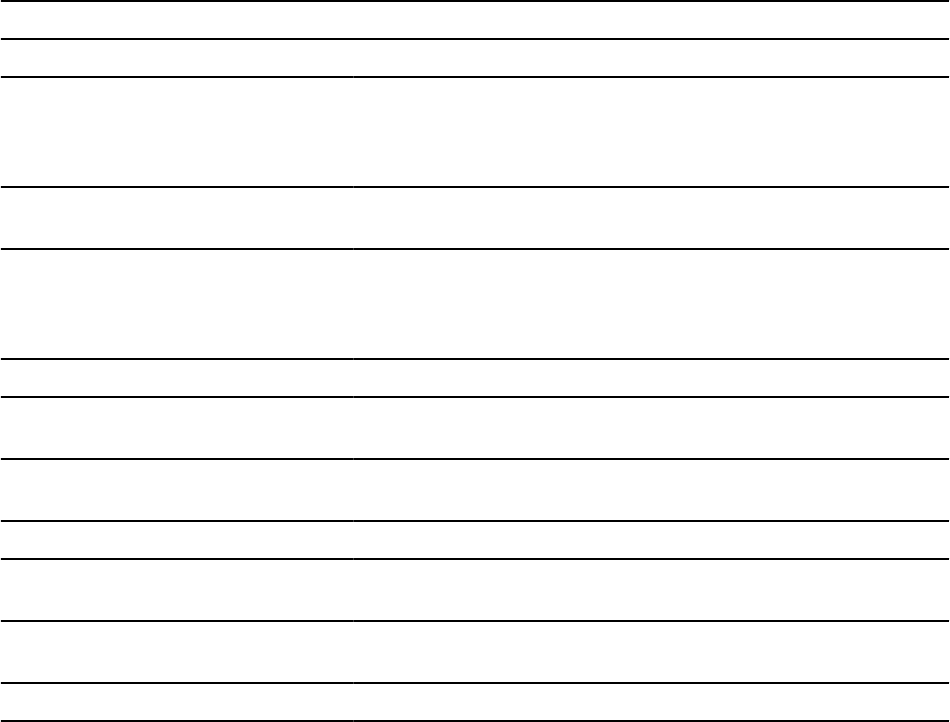
Conguration table: SYSMQL.LISTENERS
If you use MQListener, you must create the MQListener conguration table SYSMQL.LISTENERS by
running installation job DSNTIJML.
The SYSMQL.LISTENERS table contains a row for each conguration that you create when you issue
MQListener db2mqln1 or db2mqln2 conguration commands.
The following table describes each of the columns of the conguration table SYSMQL.LISTENERS.
Table 129. Description of columns in the SYSMQL.LISTENERS table
Column name Description
CONFIGURATIONNAME The conguration name. The conguration name enables you
to group several tasks into the same conguration. A single
instance of MQListener can run all of the tasks that are dened
within a conguration name.
QUEUEMANAGER The name of the IBM MQ subsystem that contains the queues
that are to be used.
INPUTQUEUE The name of the queue in the WebSphere MQ subsystem that
is to be monitored for incoming messages. The combination of
the input queue and the queue manager are unique within a
conguration
PROCNODE Currently unused
PROCSCHEMA The schema name of the stored procedure that will be called by
MQListener
PROCNAME The name of the stored procedure that will be called by
MQListener
PROCTYPE Currently unused
NUMINSTANCES The number of duplicate instances of a single task that are to run
in this conguration
WAITMILLIS The time MQListener waits (in milliseconds) after processing the
current message before it looks for the next message
MINQUEUEDEPTH Currently unused
Conguring MQListener tasks
As part of conguring MQListener in Db2 for z/OS, you must congure at least one MQListener task.
About this task
Use MQListener command db2mqln1 or db2mqln2 to congure MQListener tasks. Issue the command
from the z/OS UNIX System Services command line in any directory. Alternatively, you can put the
command in a le, grant execute permission on the le, and use the BPXBATCH utility to invoke the
command using JCL. Sample script les are provided and are located in the /mqlistener-install-
path/mqlsn/listener/script directory in z/OS UNIX System Services. Sample JCL is also provided
in member DSNTEJML of data set prex.SDSNSAMP. When you run MQListener commands, conguration
information is stored in the Db2 table SYSMQL.LISTENERS.
The command parameters are:
-adminQueue
The queue to which MQListener listens for administration commands. If -adminQueue is not
specied, applications do not receive any administration commands through the message queue.
806
Db2 12 for z/OS: Application Programming and SQL Guide (Last updated: 2024-07-30)

-adminQMgr
The name of the IBM MQ subsystem that contains the queues that are to be used for
administrative tasks. If -adminQMgr is not specied, the congured default queue manager is
used.
-cong
A name that identies a group of tasks that run together. If -cong is not specied, the default
conguration is run.
-queueManager
The name of the IBM MQ subsystem that contains the queues that are to be used. If
-queueManager is not specied, is not specied, the default queue manager is used.
-inputQueue
The name of the queue in the IBM MQ subsystem that is to be monitored for incoming messages.
The combination of the -inputQueue value and the -queueManager value must be unique within a
conguration.
-numInstances
The number of duplicate instances of a single task that are to run in a conguration.
-numMessagesCommit
The number of messages that are received before MQListener issues a COMMIT. The default is 1. This
option is supported only for db2mqln2.
-procName
The name of the stored procedure that MQListener calls when it detects that a message is received.
-procSchema
The schema name of the stored procedure that MQListener calls when it detects that a message is
received.
-ssID
The subsystem where the MQListener daemon runs. Conguration information is stored in this
subsystem.
-timeRestart
If a stored procedure that is specied by -procSchema and -procName fails at MQListener startup
time, the number of seconds that threads that are running with that stored procedure suspend before
repeating the setup process. MQListener continues startup for threads that do not use that stored
procedure. This value must be an integer in the range 0–7200. 0 is the default.
-restartDB2
Whether MQListener automatically reconnects and resumes processing after Db2 is stopped and
restarted.
'Y'
MQListener automatically reconnects and resumes processing after Db2 is stopped and restarted.
'N'
MQListener does not automatically reconnect after Db2 is stopped and restarted. 'N' is the default
value.
The syntax of the commands follows. In the command syntax, mqlistener-command is db2mqln1 or
db2mqln2.
• To add an MQListener conguration, issue the mqlistener-command add command:
mqlistener-command add
-ssID subsystem-name
-config configuration-name
-queueManager queuemanager-name
-inputQueue inputqueue-name
-procName stored-procedure-name
-procSchema stored-procedure-schema name
-numInstances number-of-instances
Chapter 6. Coding methods for distributed data
807

• To display information about the conguration, issue the following mqlistener-command show
command:
mqlistener-command show
-ssID subsystem-name
-config configuration-name
To display information about all the congurations, issue the mqlistener-command show command:
mqlistener-command show
-ssID subsystem-name
-config all
• To remove the messaging tasks, issue the mqlistener-command remove command:
mqlistener-command remove
-ssID subsystem-name
-config configuration-name
-queueManager queuemanager-name
-inputQueue inputqueue-name
• To run the MQListener task, issue the mqlistener-command run command:
mqlistener-command run
-ssID subsystem-name
-config configuration-name
-adminQueue adminqueue-name
-adminQMgr adminqueuemanager-name
-numMessagesCommit number-of-messages-before-commit
-timeRestart number-of-seconds-to-suspend-before-restart
-restartDB2 y-or-n
• To shutdown the MQListener daemon, issue the mqlistener-command admin command:
mqlistener-command admin
-adminQueue adminqueue-name
-adminQMgr adminqueuemanager-name
-adminCommand shutdown
• To restart the MQListener daemon, issue the following command:
mqlistener-command mqlistener-command admin
-adminQueue adminqueue-name
-adminQMgr adminqueuemanager-name
-adminCommand restart
• To get help with the command and the valid parameters, issue the mqlistener-command help
command:
mqlistener-command help
• To get help for a particular parameter, issue the mqlistener-command help command, where command
is a specic parameter:
mqlistener-command help command
Restriction:
• Use the same queue manager for the request queue and the reply queue.
• MQListener does not support logical messages that are composed of multiple physical messages.
MQListener processes physical messages independently.
808
Db2 12 for z/OS: Application Programming and SQL Guide (Last updated: 2024-07-30)

Creating a sample stored procedure to use with MQListener
You can create a sample stored procedure, APROC, that can be used by MQListener to store a message in
a table. The stored procedure returns the string OK if the message is successfully inserted into the table.
About this task
This example assumes the following information about the environment:
• MQListener is installed and congured for subsystem DB2A.
• The IBM MQ subsystem that is dened is named CSQ1.
• The queue manager is running, and the following local queues are dened in the DB2A subsystem:
– ADMIN_Q : The administration queue
– BACKOUT_Q : The backout queue
– DB2MQ_DEFAULT_Q : The input queue, which has a backout queue with a threshold of 3
– REPLY_Q : The output queue or reply queue
– DEADLETTER_Q : The dead letter queue
• The user who is running the MQListener daemon has the EXECUTE privilege on the DB2MQLSN plan.
• MQlistener passes the message header (MQMD structure) to the stored procedure interface for
MQListener.
Procedure
The following steps create Db2 objects that you can use with MQListener applications:
1. Create a table using SPUFI, DSNTEP2, or the command line processor in the subsystem where you
want to run MQListener:
CREATE TABLE PROCTABLE (MSG VARCHAR(25) CHECK (MSG NOT LIKE 'FAIL%'));
The table contains a check constraint so that messages that start with the characters FAIL cannot be
inserted into the table. The check constraint is used to demonstrate the behavior of MQListener when
the stored procedure fails.
2. Create the following SQL procedure, and dene it to the same Db2 subsystem.
CREATE PROCEDURE TEST.APROC (
IN PIN VARCHAR(25),
OUT POUT VARCHAR(2),
INOUT PMSGHEADER VARBINARY(500))
VERSION V1
LANGUAGE SQL
PROCEDURE1: BEGIN
DECLARE REPLYQ VARBINARY(48);
DECLARE REPLYQM VARBINARY(48);
SET REPLYQ = VARBINARY(CONCAT('NEWREPLYQUEUE',X'00'));
SET REPLYQM = VARBINARY(CONCAT('CSQ1',X'00'));
SET PMSGHEADER = INSERT(PMSGHEADER,101,LENGTH(REPLYQ),REPLYQ);
SET PMSGHEADER = INSERT(PMSGHEADER,149,LENGTH(REPLYQM),REPLYQM);
INSERT INTO SYSADM.PROCTABLE VALUES (PIN);
SET POUT = 'OK';
END PROCEDURE1
3. Add the following conguration, named ACFG, to the conguration table by issuing this command:
db2mqln2 add
-ssID DB2A
-config ACFG
-queueManager CSQ1
-inputQueue DB2MQ_DEFAULT_Q
-procName APROC
-procSchema TEST
4. Run the MQListener daemon for two-phase commit for conguration ACFG. To run MQListener with all
of the tasks that are specied in the conguration, issue the following command:
Chapter 6. Coding methods for distributed data
809

db2mqln2 run
-ssID DB2A
-config ACFG
-adminQueue ADMIN_Q
-adminQMgr MQND
5. Send a request to the input queue, 'DB2MQ_DEFAULT_Q ', with the message 'another sample message'.
6. Query table PROCTABLE to verify that the sample message was inserted:
SELECT * FROM PROCTABLE;
7. Display the number of messages that remain on the input queue, to verify that the message has been
removed. To do that issue the following command from a z/OS console:
/-CSQ1 display queue('DB2MQ_DEFAULT_Q ') curdepth
8. Look at the ReplytoQ name that you specied, to verify that the string 'OK' is generated by the stored
procedure.
MQListener error processing
MQListener reads from IBM MQ message queues and calls Db2 stored procedures with those messages.
If any errors occur during this process and the message is to be sent to the deadletter queue, MQListener
returns a reason code to the deadletter queue.
Specically, MQListener performs the following actions:
• prexes the message with an MQ dead letter header (MQDLH) structure
• sets the reason eld in the MQDLH structure to the appropriate reason code
• sends the message to the deadletter queue
The following table describes the reason codes that the MQListener daemon returns.
Table 130. Reason codes that MQListener returns
Reason code Explanation
900 The call to a stored procedure was successful but an error occurred during the Db2
commit process and either of the following conditions were true:
• No exception report was requested.
1
• An exception report was requested, but could not be delivered.
This reason code applies only to one-phase commit environments.
901 The call to the specied stored procedure failed and the disposition of the MQ
message is that an exception report be generated and the original message be sent
the deadletter queue.
902 All of the following conditions occurred:
• The disposition of the MQ message is that an exception report is not to be generated.
1
• The stored procedure was called unsuccessfully the number of times that is specied
as the backout threshold.
• The name of the backout queue is the same as the deadletter queue.
This reason code applies only to two-phase commit environments.
MQRC_TRUNCATED_
MSG__FAILED
The size of the MQ message is greater than the input parameter of the stored procedure
that is to be invoked. In one-phase commit environments, this oversized message
is sent to the dead letter queue. In two-phase commit environments, this oversized
message is sent to the deadletter queue only when the message cannot be delivered to
the backout queue.
810Db2 12 for z/OS: Application Programming and SQL Guide (Last updated: 2024-07-30)
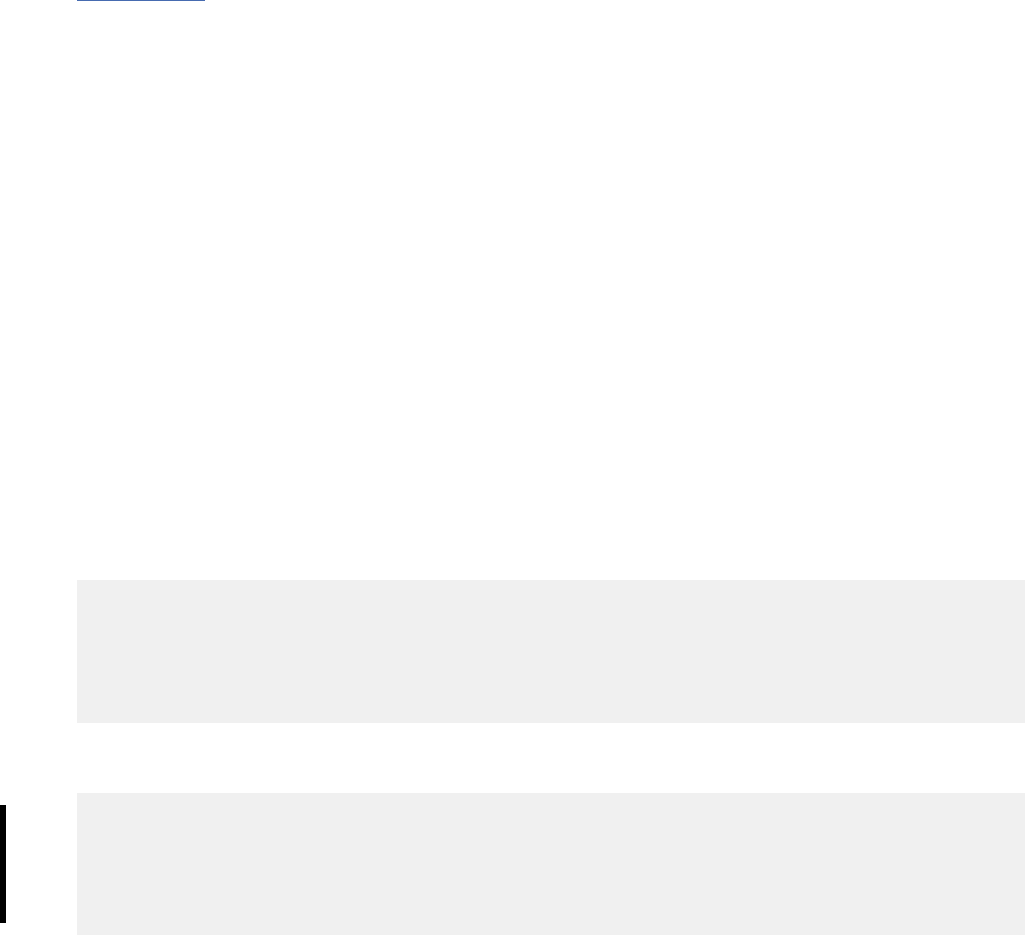
Note:
1. To specify that the receiver application generate exception reports if errors occur, set the report eld in
the MQMD structure that was used when sending the message to one of the following values:
• MQRO_EXCEPTION
• MQRO_EXCEPTION_WITH_DATA
• MQRO_EXCEPTION_WITH_FULL_DATA
Related reference
IBM MQ home
MQListener examples
The application receives a message, inserts the message into a table, and generates a simple response
message.
To simulate a processing failure, the application includes a check constraint on the table that contains the
message. The constraint prevents any string that begins with the characters 'fail' from being inserted into
the table. If you attempt to insert a message that violates the check constraint, the example application
returns an error message and re-queues the failing message to the backout queue.
In this example, the following assumptions are made:
• MQListener is installed and congured for subsystem DB7A.
• MQND is the name of IBM MQ subsystem that is dened. The Queue Manager is running, and the
following local queues are dened in the DB7A subsystem:
ADMIN_Q : Admin queue
BACKOUT_Q : Backout queue
IN_Q : Input queue that has a backout queue withthreshold = 3
REPLY_Q : Output queue or Reply queue
DEADLLETTER_Q : Dead letter queue
• The person who is running the MQListener daemon has execute permission on the DB2MQLSN plan.
Before you run the MQListener daemon, add the following conguration, named ACFG, to the
conguration table by issuing the following command:
db2mqln2 add
-ssID DB7A
-config ACFG
-queueManager MQND
-inputQueue IN_Q
-procName APROC
-procSchema TEST
Run the MQListener daemon for two-phase commit for conguration ACFG by issuing the following
command:
db2mqln2 run
-ssID DB7A
-config ACFG
-adminQueue ADMIN_Q
-adminQMgr MQND
-numMessagesCommit1
-timeRestart 60
The following examples show how to use MQListener to send a simple message and then inspect the
results of the message in the IBM MQ queue manager and the database. The examples include queries to
determine if the input queue contains a message or to determine if a record is placed in the table by the
stored procedure.
MQListener example 1: Running a simple application:
1. Start with a clean database table by issuing the following SQL statement:
Chapter 6. Coding methods for distributed data
811
delete from PROCTABLE
2. Send a datagram to the input queue, 'IN_Q', with the message as 'sample message'. Refer to
WebSphere MQ sample CSQ4BCK1 to send a message to the queue. Specify the MsgType option
for 'Message Descriptor' as 'MQMT_DATAGRAM'.
3. Query the table by using the following statement to verify that the sample message is inserted:
select * from PROCTABLE
4. Display the number of messages that remain on the input queue to verify that the message has been
removed. Issue the following command from a z/OS console:
/-MQND display queue('In_Q') curdepth
MQListener example 2: Sending requests to the input queue and inspecting the reply:
1. Start with a clean database table by issuing the following SQL statement:
delete from PROCTABLE
2. Send a request to the input queue, 'IN_Q', with the message as 'another sample message'. Refer to
IBM MQ sample CSQ4BCK1 to send a message to the queue. Specify the MsgType option for 'Message
Descriptor' as 'MQMT_REQUEST' and the queue name for ReplytoQ option.
3. Query the table by using the following statement to verify that the sample message is inserted:
select * from PROCTABLE
4. Display the number of messages that remain on the input queue to verify that the message has been
removed. Issue the following command from a z/OS console:
/-MQND display queue('In_Q') curdepth
5. Look at the ReplytoQ name that you specied when you sent the request message for the reply by
using the IBM MQ sample program CSQ4BCJ1. Verify that the string 'OK' is generated by the stored
procedure.
MQListener example 3: Testing an unsuccessful insert operation: If you send a message that starts
with the string 'fail', the constraint in the table denition is violated, and the stored procedure fails.
1. Start with a clean database table by issuing the following SQL statement:
delete from PROCTABLE
2. Send a request to the input queue, 'IN_Q', with the message as 'failing sample message'. Refer to IBM
MQ sample CSQ4BCK1 to send a message to the queue. Specify the MsgType option for 'Message
Descriptor' as 'MQMT_REQUEST' and the queue name for ReplytoQ option.
3. Query the table by using the following statement to verify that the sample message is not inserted:
select * from PROCTABLE
4. Display the number of messages that remain on the input queue to verify that the message has been
removed. Issue the following command from a z/OS console:
/-MQND display queue('In_Q') curdepth
5. Look at the Backout queue and nd the original message by using the WebSphere MQ sample program
CSQ4BCJ1.
Note: In this example, if a request message with added options for 'exception report' is sent (the Report
option is specied for 'Message Descriptor'), an exception report is sent to the reply queue and the
original message is sent to the deadletter queue.
812
Db2 12 for z/OS: Application Programming and SQL Guide (Last updated: 2024-07-30)

Chapter 7. Db2 as a web services consumer and
provider
Web services are a set of resources and components that applications can use over HTTP. You can use
Db2 as a web services provider and a web services consumer.
Db2 as a web services consumer
Db2 can act as a client for web services, which enables you to be a consumer of web services in your Db2
applications.
SOAP web services Simple Object Access Protocol (SOAP) is an XML protocol that consists of the
following characteristics:
• An envelope that denes a framework for describing the contents of a message and how to process the
message
• A set of encoding rules for expressing instances of application-dened data types
• A convention for representing SOAP requests and responses
A set of SOAP functions is provided by Db2 and is installed and congured when you install or migrate
Db2.
REST web services The Representational State Transfer (REST) protocol provides access to web-based
content directly from SQL statements through HTTP requests. A set of basic sample REST user-dened
functions can be installed with Db2. These functions provide access to web-based content through the
HTTP GET, POST, PUT, and DELETE methods.
Db2 as a web services provider
You can enable your Db2 data and applications as web services through the Web Services Object
Runtime Framework (WORF). You can dene a web service in Db2 by using a Document Access Denition
Extension (DADX). In the DADX le, you can dene web services based on SQL statements and stored
procedures. Based on your denitions in the DADX le, WORF performs the following actions:
• Handles the connection to Db2 and the execution of the SQL and the stored procedure call
• Converts the result to a web service
• Handles the generation of any Web Services Denition Language (WSDL) and UDDI (Universal
Description, Discovery, and Integration) information that the client application needs
Related concepts
Sample REST user-dened functions (Db2 Installation and Migration)
Deprecated: The SOAPHTTPV and SOAPHTTPC user-dened
functions
Db2 provides user-dened functions that allow you to work with SOAP and consume web services in
SQL statements. The user-dened functions are two varieties of SOAPHTTPV for VARCHAR data and two
varieties of SOAPHTTPC for CLOB data.
Restriction: SOAPHTTPV and SOAPHTTPC user-dened functions have been deprecated. Use
SOAPHTTPNV and SOAPHTTPNC user-dened functions instead.
The user-dened functions perform the following actions:
1. Compose a SOAP request
2. Post the request to the service endpoint
©
Copyright IBM Corp. 1983, 2022 813

3. Receive the SOAP response
4. Return the content of the SOAP body
When a consumer receives the result of a web services request, the SOAP envelope is stripped and the
XML document is returned. An application program can process the result data and perform a variety of
operations, including inserting or updating a table with the result data.
SOAPHTTPV and SOAPHTTPC are user-dened functions that enable Db2 to work with SOAP and to
consume web services in SQL statements. These functions are overloaded functions that are used
for VARCHAR or CLOB data of different sizes, depending on the SOAP body. Web services can be
invoked in one of four ways, depending on the size of the input data and the result data. SOAPHTTPV
returns VARCHAR(32672) data and SOAPHTTPC returns CLOB(1M) data. Both functions accept either
VARCHAR(32672) or CLOB(1M) as the input body.
Example: The following example shows an HTTP post header that posts a SOAP request envelope to a
host. The SOAP envelope body shows a temperature request for Barcelona.
POST /soap/servlet/rpcrouter HTTP/1.0
Host: services.xmethods.net
Connection: Keep-Alive User-Agent: DB2SOAP/1.0
Content-Type: text/xml; charset="UTF-8"
SOAPAction: ""
Content-Length: 410
<?xml version='1.0' encoding='UTF-8'?>
<SOAP-ENV:Envelope xmlns:SOAP-ENV=http://schemas.xmlsoap.org/soap/envelope/
xmlns:SOAP-ENC=http://schemas.xmlsoap.org/soap/encoding/
xmlns:xsi=http://www.w3.org/2001/XMLSchema-instance
xmlns:xsd=http://www.w3.org/2001/XMLSchema >
<SOAP-ENV:Body>
<ns:getTemp xmlns:ns="urn:xmethods-Temperature">
<city>Barcelona</city>
</ns:getTemp>
</SOAP-ENV:Body>
</SOAP-ENV:Envelope>
Example: The following example is the result of the preceding example. This example shows the HTTP
response header with the SOAP response envelope. The result shows that the temperature is 85 degrees
Fahrenheit in Barcelona.
HTTP/1.1 200 OK
Date: Wed, 31 Jul 2002 22:06:41 GMT
Server: Enhydra-MultiServer/3.5.2
Status: 200
Content-Type: text/xml; charset=utf-8
Servlet-Engine: Lutris Enhydra Application Server/3.5.2
(JSP 1.1; Servlet 2.2; Java 1.3.1_04;
Linux 2.4.7-10smp i386; java.vendor=Sun Microsystems Inc.)
Content-Length: 467
Set-Cookie:JSESSIONID=JLEcR34rBc2GTIkn-0F51ZDk;Path=/soap
X-Cache: MISS from www.xmethods.net
Keep-Alive: timeout=15, max=10
Connection: Keep-Alive
<?xml version='1.0' encoding='UTF-8'?>
<SOAP-ENV:Envelope xmlns:SOAP-ENV=http://schemas.xmlsoap.org/soap/envelope/
xmlns:xsi=http://www.w3.org/2001/XMLSchema-instance
xmlns:xsd=http://www.w3.org/2001/XMLSchema >
<SOAP-ENV:Body>
<ns1:getTempResponse xmlns:ns1="urn:xmethods-Temperature"
SOAP-ENV:encodingStyle=http://schemas.xmlsoap.org/soap/encoding/ >
<return xsi:type="xsd:float">85</return>
</ns1:getTempResponse>
</SOAP-ENV:Body></SOAP-ENV:Envelope>
Example: The following example shows how to insert the result from a web service into a table
INSERT INTO MYTABLE(XMLCOL) VALUES (DB2XML.SOAPHTTPC(
'http://www.myserver.com/services/db2sample/list.dadx/SOAP',
'http://tempuri.org/db2sample/list.dadx'
'<listDepartments xmlns="http://tempuri.org/db2sample/listdadx">
<deptno>A00</deptno>
</ListDepartments>'))
814
Db2 12 for z/OS: Application Programming and SQL Guide (Last updated: 2024-07-30)

The SOAPHTTPNV and SOAPHTTPNC user-dened functions
Db2 provides SOAPHTTPNV and SOAPHTTPNC user-dened functions that allow you to work with
SOAP and consume web services in SQL statements. The user-dened functions are two varieties of
SOAPHTTPNV for VARCHAR data and two varieties of SOAPHTTPNC for CLOB data.
The user-dened functions perform the following actions:
1. Post the input SOAP request to the service endpoint
2. Receive and return the SOAP response
SOAPHTTPNV and SOAPHTTPNC allow you to specify a complete SOAP message as input and return
complete SOAP messages from the specied web service as a CLOB or VARCHAR representation of the
returned XML data. . SOAPHTTPNV returns VARCHAR(32672) data and SOAPHTTPNC returns CLOB(1M)
data. Both functions accept either VARCHAR(32672) or CLOB(1M) as the input body.
SOAPHTTPNV and SOAPHTTPNC user-dened functions can support SOAP 1.1 or SOAP 1.2. Check with
your system administrator to determine which levels of SOAP are supported by the user-dened functions
in your environment.
Example
The following example shows how to insert the complete result from a web service into a table using
SOAPHTTPNC.
INSERT INTO EMPLOYEE(XMLCOL)
VALUES (DB2XML.SOAPHTTPNC(
'http://www.myserver.com/services/db2sample/list.dadx/SOAP',
'http://tempuri.org/db2sample/list.dadx',
'<?xml version="1.0" encoding="UTF-8" ?>' ||
'<SOAP-ENV:Envelope ' ||
'xmlns:SOAP-ENV="http://schemas.xmlsoap.org/soap/envelope/" ' ||
'xmlns:xsd="http://www.w3.org/2001/XMLSchema" ' ||
'xmlns:xsi="http://www.w3.org/2001/XMLSchema-instance">' ||
'<SOAP-ENV:Body>' ||
'<listDepartments xmlns="http://tempuri.org/db2sample/list.dadx">
<deptNo>A00</deptNo>
</listDepartments>' ||
'</SOAP-ENV:Body>' ||
'</SOAP-ENV:Envelope>'))
Related tasks
Additional steps for enabling web service user-dened functions (Db2 Installation and Migration)
SQLSTATEs for Db2 as a web services consumer
Db2 returns SQLSTATE values for error conditions that are related to using Db2 as a web services
consumer.
The following tables show possible SQLSTATE values.
Table 131. SQLSTATE values for SOAPHTTPV and SOAPHTTPC
user-dened functions
SQLSTATE Description
38301 An unexpected NULL value was pass as input to the function.
38302 The function was unable to allocate space.
38304 An unknown protocol was specied ion the endpoint URL.
38305 An invalid URL was specied on the endpoint URL.
38306 An error occurred while attempting to create a TCP/IP socket.
38307 An error occurred while attempting to bind a TCP/IP socket.
Chapter 7. Db2 as a web services consumer and provider815

Table 131. SQLSTATE values for SOAPHTTPV and SOAPHTTPC user-dened functions (continued)
SQLSTATE Description
38308 The function could not resolve the specied hostname.
38309 An error occurred while attempting to connect to the specied server.
38310 An error occurred while attempting to retrieve information from the protocol.
38311 An error occurred while attempting to set socket options.
38312 The function received unexpected data returned for the web service.
38313 The web service did not return data of the proper content type.
38314 An error occurred while initializing the XML parser.
38315 An error occurred while creating the XML parser.
38316 An error occurred while establishing a handler for the XML parser.
38317 The XML parser encountered an error while parsing the result data.
38318 The XML parser could not convert the result data to the database code page.
38319 The function could not allocate memory when creating a TCP/IP socket.
38320 An error occurred while attempting to send the request to the specied server.
38321 The function was unable to send the entire request to the specied server.
38322 An error occurred while attempting to read the result data from the specied server.
38323 An error occurred while waiting for data to be returned from the specied server.
38324 The function encountered an internal error while attempting to format the input
message.
38325 The function encountered an internal error while attempting to add namespace
information to the input message.
38327 The XML parser could not strip the SOAP envelope from the result message.
38328 An error occurred while processing an SSL connection.
Table 132. SQLSTATE values for SOAPHTTPNV and SOAPHTTPNC user-dened functions
SQLSTATE Description
38350 An unexpected NULL value was specied for the endpoint, action, or SOAP input.
38351 A dynamic memory allocation error.
38352 An unknown or unsupported transport protocol.
38353 An invalid URL was specied.
38354 An error occurred while resolving the hostname.
38355 A memory exception for socket.
38356 An error occurred during socket connect.
38357 An error occurred while setting socket options.
38358 An error occurred during input/output control (ioctl) to verify HTTPS enablement.
38359 An error occurred while reading from the socket.
816Db2 12 for z/OS: Application Programming and SQL Guide (Last updated: 2024-07-30)

Table 132. SQLSTATE values for SOAPHTTPNV and SOAPHTTPNC user-dened functions (continued)
SQLSTATE Description
38360 An error occurred due to socket timeout.
38361 No response from the specied host.
38362 An error occurred due to an unexpected HTTP return or content type
38363 The TCP/IP stack was not enabled for HTTPS.
Related tasks
Additional steps for enabling web service user-dened functions (Db2 Installation and Migration)
Chapter 7. Db2 as a web services consumer and provider817
818Db2 12 for z/OS: Application Programming and SQL Guide (Last updated: 2024-07-30)

Chapter 8. Application compatibility levels in Db2 12
The application compatibility level of your applications controls the adoption and use of new capabilities
and enhancements, and sometimes reduces the impact of incompatible changes. The advantage is
that you can complete the Db2 12 migration process without the need to update your applications
immediately.
After function level 500 or higher is activated, you can continue run applications with the features and
behavior of previous versions or specic Db2 12 function levels.
You can change the application compatibility level for each application when you are ready for it to run
with the features and behavior of a higher Db2 version or function level. The application compatibility
level applies to most SQL statements, including data denition statements (such as CREATE and ALTER
statements) and data control statements (such as GRANT and REVOKE statements).
The application compatibility of a package is initially set when you bind a package, based on the following
values:
1. The APPLCOMPAT bind option value, if specied.
2. If the bind option is omitted, the APPLCOMPAT subsystem parameter.
For static SQL statements, the APPLCOMPAT column of the SYSIBM.SYSPACKAGE catalog table stores the
application compatibility setting. This setting changes for the following reasons:
• You issue a REBIND command for the package and specify a different value for the APPLCOMPAT
option. If you omit this option, the previous value for the package is used. If no previous value is
available (such as for packages last bound before the introduction of application compatibility) the
APPLCOMPAT subsystem parameter value is used.
• An automatic bind of the package occurs. The application compatibility is set to the previous value. If no
previous value is available, the APPLCOMPAT subsystem parameter value is used.
For dynamic SQL statements, the CURRENT APPLICATION COMPATIBILITY special register stores the
application compatibility setting. This setting changes for the following reasons:
• The special register is initialized to the application compatibility of the package, as described above.
• During execution of the package, SET CURRENT APPLICATION COMPATIBILITY statements can change
the special register. The value must be equivalent to the APPLCOMPAT bind option for the package or
lower, if the value is V12R1M500 or above.
For new installations, the default APPLCOMPAT subsystem parameter value is V12R1M500. However, you
can specify a higher value. For migrated environments, the default value is the value from the migration
input member.
Tip: When you migrate to Db2 12, or activate any higher function level, change the APPLCOMPAT
subsystem parameter value only after all applications can use the SQL capabilities of Db2 12 or the
higher function level. For details, see “Enabling default application compatibility with function level 500 or
higher” on page 840.
Supported application compatibility levels in Db2 12
Db2 12 supports the following application compatibility levels in most contexts.
Tip: For best results, congure your development environment to use the lowest application compatibility
level that the application will run at in the production environment. For dynamic SQL, remember to
consider the application compatibility levels of client and NULLID packages. If you develop and test
applications at a higher application compatibility level and try to run them at a lower level in production,
you are likely to encounter SQL code -4743 and other errors when you deploy the applications to
production.
©
Copyright IBM Corp. 1983, 2022 819

VvvRrMmmm
Compatibility with the behavior of the identied Db2 function level. For example, V12R1M510
species compatibility with the highest available Db2 12 function level. The equivalent function level
or higher must be activated.
For the new capabilities that become available in each application compatibility level, see:
• SQL changes in Db2 13 application compatibility levels
• SQL changes in Db2 12 application compatibility levels
Tip: Extra program preparation steps might be required to increase the application compatibility level
for applications that use data server clients or drivers to access Db2 for z/OS. For more information,
see “Setting application compatibility levels for data server clients and drivers” on page 822.
V12R1
Compatibility with the behavior of Db2 12 function level 500. This value has the same result as
specifying V12R1M500.
V11R1
Compatibility with the behavior of Db2 11 new-function mode. After migration to Db2 12, this
value has the same result as specifying V12R1M100. For more information, see “V11R1 application
compatibility level” on page 830
V10R1
Compatibility with the behavior of DB2 10 new-function mode. For more information, see “V10R1
application compatibility level” on page 835.
Example: V10R1 application compatibility
The following example shows the results of using a capability that is introduced in the application
compatibility level V11R1, with application compatibility level set to V10R1. Assume that the
APPLCOMPAT subsystem parameter value is V10R1. The example CREATE PROCEDURE statement does
not specify the APPLCOMPAT keyword. In this example the CREATE TYPE statement is successful but the
CREATE PROCEDURE statement results in SQL code -4743.
CREATE TYPE PHONENUMBERS AS VARCHAR(12) ARRAY ??(1000000??)
DSNT400I SQLCODE = 000, SUCCESSFUL EXECUTION
CREATE PROCEDURE FIND_CUSTOMERS(
IN NUMBERS_IN KRAMSC01.PHONENUMBERS,
IN AREA_CODE CHAR(3),
OUT NUMBERS_OUT KRAMSC01.PHONENUMBERS)
BEGIN
SET NUMBERS_OUT =
(SELECT ARRAY_AGG(T.NUM)
FROM UNNEST(NUMBERS_IN) AS T(NUM)
WHERE SUBSTR(T.NUM, 1, 3) = AREA_CODE);
END
DSNT408I SQLCODE = -4743, ERROR: ATTEMPT TO USE A FUNCTION WHEN THE
APPLICATION COMPATIBILITY SETTING IS SET FOR A PREVIOUS LEVEL
The APPLCOMPAT bind option value for the CREATE PROCEDURE statement is then set to V11R1 or higher
and result of the statement is then successful.
CREATE PROCEDURE FIND_CUSTOMERS(
IN NUMBERS_IN KRAMSC01.PHONENUMBERS,
IN AREA_CODE CHAR(3),
OUT NUMBERS_OUT KRAMSC01.PHONENUMBERS)
APPLCOMPAT V11R1
BEGIN
SET NUMBERS_OUT =
(SELECT ARRAY_AGG(T.NUM)
820
Db2 12 for z/OS: Application Programming and SQL Guide (Last updated: 2024-07-30)

FROM UNNEST(NUMBERS_IN) AS T(NUM)
WHERE SUBSTR(T.NUM, 1, 3) = AREA_CODE);
END
DSNT400I SQLCODE = 000, SUCCESSFUL EXECUTION
Related concepts
Function levels and related levels in Db2 12 (Db2 for z/OS What's New?)
Related tasks
Controlling the Db2 application compatibility level (Db2 for z/OS What's New?)
Related reference
APPLCOMPAT bind option (Db2 Commands)
CURRENT APPLICATION COMPATIBILITY special register (Db2 SQL)
APPL COMPAT LEVEL eld (APPLCOMPAT subsystem parameter) (Db2 Installation and Migration)
SYSPACKAGE catalog table (Db2 SQL)
SET CURRENT APPLICATION COMPATIBILITY statement (Db2 SQL)
-ACTIVATE command (Db2) (Db2 Commands)
V12R1Mnnn application compatibility levels
In Db2 12, you can use the application compatibility level to control the adoption of new SQL capabilities
and enhancements of particular function levels.
You can use the application compatibility level of applications, and objects such as routines or triggers, to
control the adoption and use of new and changed SQL capabilities that are introduced in function levels.
Generally, applications, and routines or triggers, cannot use new or changed SQL capabilities unless the
effective application compatibility level is equivalent to or higher than the function level that introduced
the changes. The application compatibility level applies to most SQL statements, including data denition
statements (such as CREATE and ALTER statements) and data control statements (such as GRANT and
REVOKE statements).
The corresponding function level or higher must be activated when you bind packages at an application
compatibility level. However, if you activate a lower function level (or * function level), applications can
continue to run with the higher application compatibility level. To prevent the continued use of SQL
capabilities introduced in the higher function level, you must also modify the application and change the
effective application compatibility level to the lower level.
Tip: Extra program preparation steps might be required to increase the application compatibility level
for applications that use data server clients or drivers to access Db2 for z/OS. For more information, see
“Setting application compatibility levels for data server clients and drivers” on page 822.
Tip: Do not raise the default application compatibility level of the Db2 subsystem immediately after
migrating or activating a new function level. Instead, wait until applications have been veried to work
correctly at the higher function level, and any incompatibilities have been resolved. For details, see
“Enabling default application compatibility with function level 500 or higher” on page 840.
Application compatibility levels are specied in commands and message output by nine-character strings
that correspond to the Db2 version, release, and modication value of the corresponding function level.
See the activation details for each function level for a summary the new features that are controlled by
the corresponding application compatibility level.
For example, V12R1M510 species compatibility with the highest available Db2 12 function level. The
equivalent function level or higher must be activated.
Related reference
APPLCOMPAT bind option (Db2 Commands)
APPL COMPAT LEVEL eld (APPLCOMPAT subsystem parameter) (Db2 Installation and Migration)
CURRENT APPLICATION COMPATIBILITY special register (Db2 SQL)
Chapter 8. Application compatibility levels in Db2 12
821

Setting application compatibility levels for data server clients and
drivers
IBM data server clients and drivers that use Db2 for z/OS capabilities with a function level requirement of
greater than V12R1M500 require extra program preparation steps.
Before you begin
Take these actions on the clients that connect to your Db2 for z/OS system:
• Determine whether you need to upgrade the data server clients or drivers to support V12R1M501
application compatibility:
– If your applications include function that requires a minimum application compatibility level of
V12R1M501, you need to upgrade to Db2 Connect Version 11.1 Modication 2 Fix Pack 2 or later.
– If your applications include function that requires a minimum application compatibility level of
V12R1M500 or earlier, you can use any Db2 Connect version.
The minimum data server client or driver levels for exploitation of application compatibility of
V12R1M501 or later are:
– IBM Data Server Driver for JDBC and SQLJ: Versions 3.72 and 4.23, or later. For information on the
driver versions that are delivered with each Db2 Connect version, see IBM Data Server Driver for
JDBC and SQLJ versions and Db2 or Db2 Connect levels (Db2 Application Programming for Java).
– Other IBM data server clients and drivers: Db2 for Linux, UNIX, and Windows, Version 11.1
Modication 2 Fix Pack 2, or later.
• Run the db2connectactivate utility to activate the Version 11.1 license certicate le for Db2 Connect
Unlimited Edition on Db2 for z/OS. Specify the options to bind the driver and client packages into the
NULLID collection, with APPLCOMPAT V12R1M500. For example:
db2connectactivate.sh -host sys1.svl.ibm.com -port 5021 -database STLEC1 -user dbadm
-password dbadmpass -bindoptions "APPLCOMPAT V12R1M500" -collection NULLID
For more information, see:
Activating the license key for Db2 Connect Unlimited Edition (IBM Z)
db2connectactivate - Server license activation utility
About this task
This procedure sets the V12R1Mnnn application compatibility for a client or driver that needs to utilize
server capabilities that require an application compatibility of greater than V12R1M500. If the client or
driver does not utilize the capabilities of a new function level, you do not need to update its application
compatibility settings.
Procedure
1. Set the Db2 for z/OS server application compatibility (APPLCOMPAT) level.
a) For client applications that contain static SQL statements, rebind the static application packages
with the new APPLCOMPAT value, on the client and on the server.
b) For client applications that contain only dynamic SQL statements, bind or rebind the client or driver
packages with the new APPLCOMPAT value, on the server.
Tip: Binding package copies and keeping the original driver packages lets you access new
capabilities for applications that need them, while ensuring stability for applications that should
not be exposed to incompatibilities.
For drivers only, you can use jobs that are provided with Db2 for z/OS, in data set prex.SDSNSAMP,
to bind or rebind the driver packages on the server. To run those jobs, follow these steps:
822
Db2 12 for z/OS: Application Programming and SQL Guide (Last updated: 2024-07-30)

i) Customize jobs DSNTIJLC and DSNTIJLR, using the instructions in the job prologs.
ii) If there is a possibility that you still need to run applications under a driver that is at the old
application compatibility level, run DSNTIJLC to bind copies of the driver packages at the new
application compatibility level, while leaving the packages in the NULLID collection at the old
application compatibility level. In most cases, you should do this.
If you are sure that you do not need to run applications under a driver at the old application
compatibility level, run job DSNTIJLR to rebind the client or driver packages at the new
application compatibility level.
iii) If you bound copies of the driver packages for the new function level, switch the drivers to the
new function level by modifying the property that controls the current package set to match the
collection ID of the new package copies.
• For CLI or ODBC drivers, change the CLI/ODBC CurrentPackageSet conguration keyword
value.
• For the IBM Data Server Driver for JDBC and SQLJ, change the
DB2BaseDataSource.currentPackageSet Connection or DataSource property value.
2. Set the client application compatibility value to control the capabilities of client applications when a
client or driver contains changes that enable new server capabilities. If you set the client application
compatibility level, its value must be less than or equal to the server application compatibility level.
Take one of the following actions to set the client application compatibility value.
• For CLI or ODBC drivers or IBM Data Server clients, change the CLI/ODBC ClientApplCompat
conguration keyword value.
Do this by adding a line similar to this example to the <databases> section or the <dsn> section in
the db2dsdriver.cfg le.
<parameter name="clientApplCompat" value="V12R1M501"/>
For more information, see:
– IBM data server driver conguration le
– Installing the IBM Data Server Driver Package software on the Linux and UNIX operating systems
(includes information on creating and populating the db2dsdriver.cfg le)
– ClientApplCompat IBM data server driver conguration keyword
• For the IBM Data Server Driver for JDBC and SQLJ, change the
DB2BaseDataSource.clientApplcompat Connection or DataSource property value.
Related reference
IBM Data Server Driver for JDBC and SQLJ properties for Db2 for z/OS (Db2 Application Programming for
Java)
-DISPLAY LOCATION command (Db2) (Db2 Commands)
-ACTIVATE command (Db2) (Db2 Commands)
Related information
-30025 (Db2 Codes)
DSNL200I (Db2 Messages)
DSNTIJLC
Migrate Db2 Connect packages to support a new function level.
//******************************************************************
//* JOB NAME = DSNTIJLC
//*
//* DESCRIPTIVE NAME = INSTALLATION JOB STREAM
//*
//* Licensed Materials - Property of IBM
//* 5650-DB2
//* (C) COPYRIGHT 2016 IBM Corp.All Rights Reserved.
Chapter 8. Application compatibility levels in Db2 12
823

//*
//* STATUS = Version 12
//*
//* FUNCTION = Migrate DB2 Connect packages to support a new
//* function level.
//*
//* PSEUDOCODE =
//* DSNTIRU STEP Bind Copy the IBM JDBC and CLI standard
//* set of packages to a new collection in
//* order to override the APPLCOMPAT package
//* option.
//*
//* NOTES =
//* (1) This job includes an in-stream data set having
//* DB2 bind statements that contain substitution
//* symbols. For example:
//* BIND PACKAGE (&TGTCOLID) +
//* COPY(&SRCCOLID..SYSLH100) +
//* APPLCOMPAT(&APPLCMPT)
//* where
//* &TGTCOLID is the name of the collection-ID to
//* bind from copy. The DB2-supplied
//* setting is 'NULLID_V12R1M500'. Use the
//* SET TGTCOLID statement in job step
//* DSNTIRU to specify a different setting.
//* &SRCCOLID is the name of the collection-ID to copy
//* from. The DB2-supplied setting
//* is 'NULLID'. Use the SET SRCCOLID
//* statement in job step DSNTIRU to
//* specify a different setting.
//* &APPLCMPT is the DB2 application compatibility
//* level. The DB2-supplied setting is
//* 'V12R1M500'. Use the SET APPLCMPT
//* statement in job step DSNTIRU to
//* specify a different setting.
//*
//* Attention JES3 users: Symbolic substitution within
//* in-stream data sets in JES3 requires z/OS 2.2 or
//* above. In order to run this job on JES2 using z/OS
//* 2.1, you need to make the following manual changes:
//* (a) Remove the EXPORT SYMLIST and all SET statements
//* (b) Change all occurrences of &TGTCOLID to the name
//* of the collection-ID to bind from copy.
//* (c) Change all occurrences of &SRCCOLID to the name
//* of the collection-ID to copy from.
//* (d) Change all occurrences of &APPLCMPT to the DB2
//* application compatibility setting.
//*
//* (2) Before running this job, customize it as follows:
//* (a) Add a valid job card.
//* (b) Locate and change all occurrences of the
//* following strings as indicated:
//* - '!DSN!' to the name of the DB2 subsystem.
//* - 'DSN!!0' to the prefix of the DB2 target
//* libraries for the DB2 subsystem.
//* (c) Set TGTCOLID, SRCCOLID, and APPLCMPT as
//* described above.
//*
//* CHANGE LOG =
//* 11/08/2016 Job created S28617 PI74456
//*
//JOBLIB DD DISP=SHR,
// DSN=DSN!!0.SDSNLOAD
//*
//* Symbolic substitution requires z/OS 2.2, or z/OS 2.1 with JES2.
// EXPORT SYMLIST=(TGTCOLID,SRCCOLID,APPLCMPT)
// SET TGTCOLID='NULLID_V12R1M500'
// SET SRCCOLID='NULLID'
// SET APPLCMPT='V12R1M500'
//DSNTIRU EXEC PGM=IKJEFT01,DYNAMNBR=20,COND=(4,LT)
//SYSTSPRT DD SYSOUT=*
//SYSPRINT DD SYSOUT=*
//SYSUDUMP DD SYSOUT=*
//SYSTSIN DD *,SYMBOLS=JCLONLY
DSN SYSTEM(!DSN!)
BIND PACKAGE (&TGTCOLID) +
COPY(&SRCCOLID..SYSLH100) +
APPLCOMPAT(&APPLCMPT)
BIND PACKAGE (&TGTCOLID) +
COPY(&SRCCOLID..SYSLH101) +
APPLCOMPAT(&APPLCMPT)
BIND PACKAGE (&TGTCOLID) +
824
Db2 12 for z/OS: Application Programming and SQL Guide (Last updated: 2024-07-30)

COPY(&SRCCOLID..SYSLH102) +
APPLCOMPAT(&APPLCMPT)
BIND PACKAGE (&TGTCOLID) +
COPY(&SRCCOLID..SYSLH200) +
APPLCOMPAT(&APPLCMPT)
BIND PACKAGE (&TGTCOLID) +
COPY(&SRCCOLID..SYSLH201) +
APPLCOMPAT(&APPLCMPT)
BIND PACKAGE (&TGTCOLID) +
COPY(&SRCCOLID..SYSLH202) +
APPLCOMPAT(&APPLCMPT)
BIND PACKAGE (&TGTCOLID) +
COPY(&SRCCOLID..SYSLH300) +
APPLCOMPAT(&APPLCMPT)
BIND PACKAGE (&TGTCOLID) +
COPY(&SRCCOLID..SYSLH301) +
APPLCOMPAT(&APPLCMPT)
BIND PACKAGE (&TGTCOLID) +
COPY(&SRCCOLID..SYSLH302) +
APPLCOMPAT(&APPLCMPT)
BIND PACKAGE (&TGTCOLID) +
COPY(&SRCCOLID..SYSLH400) +
APPLCOMPAT(&APPLCMPT)
BIND PACKAGE (&TGTCOLID) +
COPY(&SRCCOLID..SYSLH401) +
APPLCOMPAT(&APPLCMPT)
BIND PACKAGE (&TGTCOLID) +
COPY(&SRCCOLID..SYSLH402) +
APPLCOMPAT(&APPLCMPT)
BIND PACKAGE (&TGTCOLID) +
COPY(&SRCCOLID..SYSLN100) +
APPLCOMPAT(&APPLCMPT)
BIND PACKAGE (&TGTCOLID) +
COPY(&SRCCOLID..SYSLN101) +
APPLCOMPAT(&APPLCMPT)
BIND PACKAGE (&TGTCOLID) +
COPY(&SRCCOLID..SYSLN102) +
APPLCOMPAT(&APPLCMPT)
BIND PACKAGE (&TGTCOLID) +
COPY(&SRCCOLID..SYSLN200) +
APPLCOMPAT(&APPLCMPT)
BIND PACKAGE (&TGTCOLID) +
COPY(&SRCCOLID..SYSLN201) +
APPLCOMPAT(&APPLCMPT)
BIND PACKAGE (&TGTCOLID) +
COPY(&SRCCOLID..SYSLN202) +
APPLCOMPAT(&APPLCMPT)
BIND PACKAGE (&TGTCOLID) +
COPY(&SRCCOLID..SYSLN300) +
APPLCOMPAT(&APPLCMPT)
BIND PACKAGE (&TGTCOLID) +
COPY(&SRCCOLID..SYSLN301) +
APPLCOMPAT(&APPLCMPT)
BIND PACKAGE (&TGTCOLID) +
COPY(&SRCCOLID..SYSLN302) +
APPLCOMPAT(&APPLCMPT)
BIND PACKAGE (&TGTCOLID) +
COPY(&SRCCOLID..SYSLN400) +
APPLCOMPAT(&APPLCMPT)
BIND PACKAGE (&TGTCOLID) +
COPY(&SRCCOLID..SYSLN401) +
APPLCOMPAT(&APPLCMPT)
BIND PACKAGE (&TGTCOLID) +
COPY(&SRCCOLID..SYSLN402) +
APPLCOMPAT(&APPLCMPT)
BIND PACKAGE (&TGTCOLID) +
COPY(&SRCCOLID..SYSSH100) +
APPLCOMPAT(&APPLCMPT)
BIND PACKAGE (&TGTCOLID) +
COPY(&SRCCOLID..SYSSH101) +
APPLCOMPAT(&APPLCMPT)
BIND PACKAGE (&TGTCOLID) +
COPY(&SRCCOLID..SYSSH102) +
APPLCOMPAT(&APPLCMPT)
BIND PACKAGE (&TGTCOLID) +
COPY(&SRCCOLID..SYSSH200) +
APPLCOMPAT(&APPLCMPT)
BIND PACKAGE (&TGTCOLID) +
COPY(&SRCCOLID..SYSSH201) +
APPLCOMPAT(&APPLCMPT)
BIND PACKAGE (&TGTCOLID) +
COPY(&SRCCOLID..SYSSH202) +
Chapter 8. Application compatibility levels in Db2 12
825

APPLCOMPAT(&APPLCMPT)
BIND PACKAGE (&TGTCOLID) +
COPY(&SRCCOLID..SYSSH300) +
APPLCOMPAT(&APPLCMPT)
BIND PACKAGE (&TGTCOLID) +
COPY(&SRCCOLID..SYSSH301) +
APPLCOMPAT(&APPLCMPT)
BIND PACKAGE (&TGTCOLID) +
COPY(&SRCCOLID..SYSSH302) +
APPLCOMPAT(&APPLCMPT)
BIND PACKAGE (&TGTCOLID) +
COPY(&SRCCOLID..SYSSH400) +
APPLCOMPAT(&APPLCMPT)
BIND PACKAGE (&TGTCOLID) +
COPY(&SRCCOLID..SYSSH401) +
APPLCOMPAT(&APPLCMPT)
BIND PACKAGE (&TGTCOLID) +
COPY(&SRCCOLID..SYSSH402) +
APPLCOMPAT(&APPLCMPT)
BIND PACKAGE (&TGTCOLID) +
COPY(&SRCCOLID..SYSSN100) +
APPLCOMPAT(&APPLCMPT)
BIND PACKAGE (&TGTCOLID) +
COPY(&SRCCOLID..SYSSN101) +
APPLCOMPAT(&APPLCMPT)
BIND PACKAGE (&TGTCOLID) +
COPY(&SRCCOLID..SYSSN102) +
APPLCOMPAT(&APPLCMPT)
BIND PACKAGE (&TGTCOLID) +
COPY(&SRCCOLID..SYSSN200) +
APPLCOMPAT(&APPLCMPT)
BIND PACKAGE (&TGTCOLID) +
COPY(&SRCCOLID..SYSSN201) +
APPLCOMPAT(&APPLCMPT)
BIND PACKAGE (&TGTCOLID) +
COPY(&SRCCOLID..SYSSN202) +
APPLCOMPAT(&APPLCMPT)
BIND PACKAGE (&TGTCOLID) +
COPY(&SRCCOLID..SYSSN300) +
APPLCOMPAT(&APPLCMPT)
BIND PACKAGE (&TGTCOLID) +
COPY(&SRCCOLID..SYSSN301) +
APPLCOMPAT(&APPLCMPT)
BIND PACKAGE (&TGTCOLID) +
COPY(&SRCCOLID..SYSSN302) +
APPLCOMPAT(&APPLCMPT)
BIND PACKAGE (&TGTCOLID) +
COPY(&SRCCOLID..SYSSN400) +
APPLCOMPAT(&APPLCMPT)
BIND PACKAGE (&TGTCOLID) +
COPY(&SRCCOLID..SYSSN401) +
APPLCOMPAT(&APPLCMPT)
BIND PACKAGE (&TGTCOLID) +
COPY(&SRCCOLID..SYSSN402) +
APPLCOMPAT(&APPLCMPT)
BIND PACKAGE (&TGTCOLID) +
COPY(&SRCCOLID..SYSSTAT ) +
APPLCOMPAT(&APPLCMPT)
/*
//
DSNTIJLR
Migrate Db2 Connect packages to support a new function level.
//******************************************************************
//* JOB NAME = DSNTIJLR
//*
//* DESCRIPTIVE NAME = INSTALLATION JOB STREAM
//*
//* Licensed Materials - Property of IBM
//* 5650-DB2
//* (C) COPYRIGHT 2016 IBM Corp.All Rights Reserved.
//*
//* STATUS = Version 12
//*
//* FUNCTION = Migrate DB2 Connect packages to support a new
//* function level.
//*
826
Db2 12 for z/OS: Application Programming and SQL Guide (Last updated: 2024-07-30)

//* PSEUDOCODE =
//* DSNTIRU STEP Rebind the IBM JDBC and CLI standard
//* set of packages to a new collection in
//* order to override the APPLCOMPAT package
//* option.
//*
//* NOTES =
//* (1) This job includes an in-stream data set having
//* DB2 bind statements that contain substitution
//* symbols. For example:
//* REBIND PACKAGE (&SRCCOLID..SYSLH100) +
//* APPLCOMPAT(&APPLCMPT)
//* where
//* &SRCCOLID is the name of the collection-ID
//* owning the package to be rebound.
//* The DB2-supplied setting is
//* 'NULLID_V12R1M500'. Use the SET
//* SRCCOLID statement in job step
//* DSNTIRU to specify a different
//* setting.
//* &APPLCMPT is the DB2 application compatibility
//* level. The DB2-supplied setting is
//* 'V12R1M500'. Use the SET APPLCMPT
//* statement in job step DSNTIRU to
//* specify a different setting.
//*
//* Attention JES3 users: Symbolic substitution within
//* in-stream data sets in JES3 requires z/OS 2.2 or
//* above. In order to run this job on JES2 using z/OS
//* 2.1, you need to make the following manual changes:
//* (a) Remove the EXPORT SYMLIST and all SET statements
//* (b) Change all occurrences of &SRCCOLID to the name
//* of the collection-ID owning the package to be
//* rebound
//* (c) Change all occurrences of &APPLCMPT to the DB2
//* application compatibility setting.
//*
//* (2) Before running this job, customize it as follows:
//* (a) Add a valid job card.
//* (b) Locate and change all occurrences of the
//* following strings as indicated:
//* - '!DSN!' to the name of the DB2 subsystem.
//* - 'DSN!!0' to the prefix of the DB2 target
//* libraries for the DB2 subsystem.
//* (c) Set SRCCOLID and APPLCMPT as described above.
//*
//* CHANGE LOG =
//* 11/08/2016 Job created S28617 PI74456
//*
//JOBLIB DD DISP=SHR,
// DSN=DSN!!0.SDSNLOAD
//*
//* Symbolic substitution requires z/OS 2.2, or z/OS 2.1 with JES2.
// EXPORT SYMLIST=(SRCCOLID,APPLCMPT)
// SET SRCCOLID='NULLID_V12R1M500'
// SET APPLCMPT='V12R1M500'
//DSNTIRU EXEC PGM=IKJEFT01,DYNAMNBR=20,COND=(4,LT)
//SYSTSPRT DD SYSOUT=*
//SYSPRINT DD SYSOUT=*
//SYSUDUMP DD SYSOUT=*
//SYSTSIN DD *,SYMBOLS=JCLONLY
DSN SYSTEM(DB2A)
REBIND PACKAGE (&SRCCOLID..SYSLH100) APPLCOMPAT(&APPLCMPT)
REBIND PACKAGE (&SRCCOLID..SYSLH101) APPLCOMPAT(&APPLCMPT)
REBIND PACKAGE (&SRCCOLID..SYSLH102) APPLCOMPAT(&APPLCMPT)
REBIND PACKAGE (&SRCCOLID..SYSLH200) APPLCOMPAT(&APPLCMPT)
REBIND PACKAGE (&SRCCOLID..SYSLH201) APPLCOMPAT(&APPLCMPT)
REBIND PACKAGE (&SRCCOLID..SYSLH202) APPLCOMPAT(&APPLCMPT)
REBIND PACKAGE (&SRCCOLID..SYSLH300) APPLCOMPAT(&APPLCMPT)
REBIND PACKAGE (&SRCCOLID..SYSLH301) APPLCOMPAT(&APPLCMPT)
REBIND PACKAGE (&SRCCOLID..SYSLH302) APPLCOMPAT(&APPLCMPT)
REBIND PACKAGE (&SRCCOLID..SYSLH400) APPLCOMPAT(&APPLCMPT)
REBIND PACKAGE (&SRCCOLID..SYSLH401) APPLCOMPAT(&APPLCMPT)
REBIND PACKAGE (&SRCCOLID..SYSLH402) APPLCOMPAT(&APPLCMPT)
REBIND PACKAGE (&SRCCOLID..SYSLN100) APPLCOMPAT(&APPLCMPT)
REBIND PACKAGE (&SRCCOLID..SYSLN101) APPLCOMPAT(&APPLCMPT)
REBIND PACKAGE (&SRCCOLID..SYSLN102) APPLCOMPAT(&APPLCMPT)
REBIND PACKAGE (&SRCCOLID..SYSLN200) APPLCOMPAT(&APPLCMPT)
REBIND PACKAGE (&SRCCOLID..SYSLN201) APPLCOMPAT(&APPLCMPT)
REBIND PACKAGE (&SRCCOLID..SYSLN202) APPLCOMPAT(&APPLCMPT)
REBIND PACKAGE (&SRCCOLID..SYSLN300) APPLCOMPAT(&APPLCMPT)
REBIND PACKAGE (&SRCCOLID..SYSLN301) APPLCOMPAT(&APPLCMPT)
Chapter 8. Application compatibility levels in Db2 12
827

REBIND PACKAGE (&SRCCOLID..SYSLN302) APPLCOMPAT(&APPLCMPT)
REBIND PACKAGE (&SRCCOLID..SYSLN400) APPLCOMPAT(&APPLCMPT)
REBIND PACKAGE (&SRCCOLID..SYSLN401) APPLCOMPAT(&APPLCMPT)
REBIND PACKAGE (&SRCCOLID..SYSLN402) APPLCOMPAT(&APPLCMPT)
REBIND PACKAGE (&SRCCOLID..SYSSH100) APPLCOMPAT(&APPLCMPT)
REBIND PACKAGE (&SRCCOLID..SYSSH101) APPLCOMPAT(&APPLCMPT)
REBIND PACKAGE (&SRCCOLID..SYSSH102) APPLCOMPAT(&APPLCMPT)
REBIND PACKAGE (&SRCCOLID..SYSSH200) APPLCOMPAT(&APPLCMPT)
REBIND PACKAGE (&SRCCOLID..SYSSH201) APPLCOMPAT(&APPLCMPT)
REBIND PACKAGE (&SRCCOLID..SYSSH202) APPLCOMPAT(&APPLCMPT)
REBIND PACKAGE (&SRCCOLID..SYSSH300) APPLCOMPAT(&APPLCMPT)
REBIND PACKAGE (&SRCCOLID..SYSSH301) APPLCOMPAT(&APPLCMPT)
REBIND PACKAGE (&SRCCOLID..SYSSH302) APPLCOMPAT(&APPLCMPT)
REBIND PACKAGE (&SRCCOLID..SYSSH400) APPLCOMPAT(&APPLCMPT)
REBIND PACKAGE (&SRCCOLID..SYSSH401) APPLCOMPAT(&APPLCMPT)
REBIND PACKAGE (&SRCCOLID..SYSSH402) APPLCOMPAT(&APPLCMPT)
REBIND PACKAGE (&SRCCOLID..SYSSN100) APPLCOMPAT(&APPLCMPT)
REBIND PACKAGE (&SRCCOLID..SYSSN101) APPLCOMPAT(&APPLCMPT)
REBIND PACKAGE (&SRCCOLID..SYSSN102) APPLCOMPAT(&APPLCMPT)
REBIND PACKAGE (&SRCCOLID..SYSSN200) APPLCOMPAT(&APPLCMPT)
REBIND PACKAGE (&SRCCOLID..SYSSN201) APPLCOMPAT(&APPLCMPT)
REBIND PACKAGE (&SRCCOLID..SYSSN202) APPLCOMPAT(&APPLCMPT)
REBIND PACKAGE (&SRCCOLID..SYSSN300) APPLCOMPAT(&APPLCMPT)
REBIND PACKAGE (&SRCCOLID..SYSSN301) APPLCOMPAT(&APPLCMPT)
REBIND PACKAGE (&SRCCOLID..SYSSN302) APPLCOMPAT(&APPLCMPT)
REBIND PACKAGE (&SRCCOLID..SYSSN400) APPLCOMPAT(&APPLCMPT)
REBIND PACKAGE (&SRCCOLID..SYSSN401) APPLCOMPAT(&APPLCMPT)
REBIND PACKAGE (&SRCCOLID..SYSSN402) APPLCOMPAT(&APPLCMPT)
REBIND PACKAGE (&SRCCOLID..SYSSTAT ) APPLCOMPAT(&APPLCMPT)
/*
//
Using prole tables to control which Db2 for z/OS application compatibility
levels to use for specic data server client applications
Proles can be used to control which client applications use features that are associated with a specic
Db2 for z/OS application compatibility level. This capability allows client applications that do not need to
use new features to continue to connect to a Db2 for z/OS server at an earlier application compatibility
level.
About this task
In this example procedure, client application ACCTG_APP501 needs to use Db2 for z/OS capabilities
that are available at application compatibility level V12R1M501. All other client applications need to use
capabilities that are available at application compatibility level V12R1M500 or lower.
Procedure
1. On the client operating system, bind the client driver packages into two collections:
• One collection with the default collection name NULLID, and with the APPLCOMPAT option set to
V12R1M500. If you have already bound the client driver packages into collection NULLID with
APPLCOMPAT set to V12R1M500, you do not need to bind them again.
• Another collection with a different name, such as NULLID_NF, and with the APPLCOMPAT option set
to V12R1M501.
• For the IBM Data Server Driver for JDBC and SQLJ, follow these steps to bind the driver packages:
– If you have not already done so, invoke the DB2Binder utility with a control statement like this
one to create a collection with the default name NULLID, and with application compatibility set to
V12R1M500:
java com.ibm.db2.jcc.DB2Binder -url jdbc:db2://sys1.svl.ibm.com:5021/STLEC1 \
-user user -password password \
-bindoptions "APPLCOMPAT V12R1M500" -action REPLACE
828
Db2 12 for z/OS: Application Programming and SQL Guide (Last updated: 2024-07-30)

– Invoke the DB2Binder utility with a control statement like this one to create a collection named
NULLID_NF, with application compatibility set to V12R1M501:
java com.ibm.db2.jcc.DB2Binder -url jdbc:db2://sys1.svl.ibm.com:5021/STLEC1 \
-collection NULLID_NF \
-user user -password password \
-bindoptions "APPLCOMPAT V12R1M501" -action REPLACE
• For the IBM Data Server Driver for ODBC and CLI, follow these steps to bind the driver packages:
– If CLI/ODBC conguration keyword OnlyUseBigPackages=1, you do not need to bind the driver
packages.
– If CLI/ODBC conguration keyword OnlyUseBigPackages=0, you need to bind small packages
with application compatibility set to V12R1M501:
db2 bind '%DB2PATH%\bnd\@ddcsmvs.lst' blocking all sqlerror continue \
grant public action replace collection NULLID_NF \
generic \"APPLCOMPAT V12R1M501\"
2. In Db2 for z/OS, create a prole for client application ACCTG_APP501 by inserting rows into tables
SYSIBM.DSN_PROFILE_TABLE and SYSIBM.DSN_PROFILE_ATTRIBUTES. The prole directs Db2 to
use the driver with packages in collection NULLID_NF when application ACCTG_APP501 runs. Because
the driver packages in the NULLID_NF collection are bound with option APPLCOMPAT V12R1M501,
ACCTG_APP501 can use capabilities that are available at application compatibility level V12R1M501.
INSERT INTO SYSIBM.DSN_PROFILE_TABLE
(PROFILEID, CLIENT_APPLNAME, PROFILE_ENABLED)
VALUES (1002, 'ACCTG_APP501', 'Y');
INSERT INTO SYSIBM.DSN_PROFILE_ATTRIBUTES
(PROFILEID, KEYWORDS, ATTRIBUTE1)
VALUES (1002, 'SPECIAL_REGISTER', 'SET CURRENT PACKAGE PATH=NULLID_NF');
Important: Although PKGNAME can be used as a ltering category for prole table rows that use
the 'SPECIAL_REGISTER' value for KEYWORDS, when client drivers are used, you should not use
PKGNAME alone or in combination with COLLID.
3. On Db2 for z/OS, issue the -START PROFILE command to load the updated prole tables into memory.
Results
Application ACCTG_APP501 can now successfully connect to Db2 for z/OS and use data server driver
packages in collection NULLID_NF. All other applications can connect to Db2 for z/OS and use data server
driver packages in collection NULLID.
You can verify the application compatibility level and collection that are being used for your client
application by adding code to execute a query like this to your application.
SELECT CURRENT APPLICATION COMPATIBILITY,
GETVARIABLE('SYSIBM.PACKAGE_SCHEMA')
FROM SYSIBM.SYSDUMMY1
For example, you might add code like this to a Java application:
String currApplcompat, appCollection;
Connection con;
Statement stmt;
ResultSet rs;
…
stmt = con.createStatement(); // Create a Statement object
rs = stmt.executeQuery("SELECT CURRENT APPLICATION COMPATIBILITY," +
" GETVARIABLE('SYSIBM.PACKAGE_SCHEMA')" +
" FROM SYSIBM.SYSDUMMY1"); // Get the result table from the query
while (rs.next()) { // Position the cursor
currApplcompat = rs.getString(1); // Retrieve the application compatibility
System.out.println("APPLCOMPAT = " + currApplcompat);
// Print the application compatibility
appCollection = rs.getString(1); // Retrieve the collection name
System.out.println("COLLID = " + appCollection);
// Print the collection name
Chapter 8. Application compatibility levels in Db2 12
829

For application ACCTG_APP501, the query should return a value of V12R1M501 for the current
application compatibility, and NULLID_NF for the collection name.
Related concepts
Binding database utilities on Db2 Connect
Related tasks
Setting application compatibility levels for data server clients and drivers
IBM data server clients and drivers that use Db2 for z/OS capabilities with a function level requirement of
greater than V12R1M500 require extra program preparation steps.
Setting special registers by using prole tables (Db2 Administration Guide)
Related reference
DB2Binder utility (Db2 Application Programming for Java)
OnlyUseBigPackages CLI/ODBC and IBM data server driver conguration keyword
V11R1 application compatibility level
When you set the application compatibility level to V11R1, applications that attempt to use functions and
features that are introduced in Db2 12 or later might behave differently or receive an error.
When new function is activated in your Db2 12 environment, you can run individual applications with
some of the features and behavior of Db2 11. That is, your applications can continue to experience V11R1
behavior after new function is activated in Db2 12 or later. Then, you can migrate each application to a
new application compatibility value separately until all are migrated. If application compatibility level is
set to V11R1 and you attempt to use the new functions of a later version, SQL might behave differently or
result in a negative SQL codes, such as -4743.
For examples of newer SQL capabilities that cannot be used at application compatibility V11R1, see the
following topics:
• SQL changes in Db2 13
• SQL changes in Db2 12
Tip: For best results, congure your development environment to use the lowest application compatibility
level that the application will run at in the production environment. For dynamic SQL, remember to
consider the application compatibility levels of client and NULLID packages. If you develop and test
applications at a higher application compatibility level and try to run them at a lower level in production,
you are likely to encounter SQL code -4743 and other errors when you deploy the applications to
production.
You can run package level accounting or monitor traces with IFCID 0239 and review eld
QPACINCOMPAT, which indicates an SQL incompatible change. If a trace is started for IFCID 0376, and
application compatibility is set for a previous version, details about features and functions that have a
change in behavior are written in eld QW0376FN.
A migrated Db2 12 environment behaves with V11R1 application compatibility until function level 500 or
higher is activated.
The following table shows some features and functions that are controlled by application compatibility,
and the results if you specify V11R1. If a behavior difference is traced, then the IFCID trace function code
is shown.
830
Db2 12 for z/OS: Application Programming and SQL Guide (Last updated: 2024-07-30)
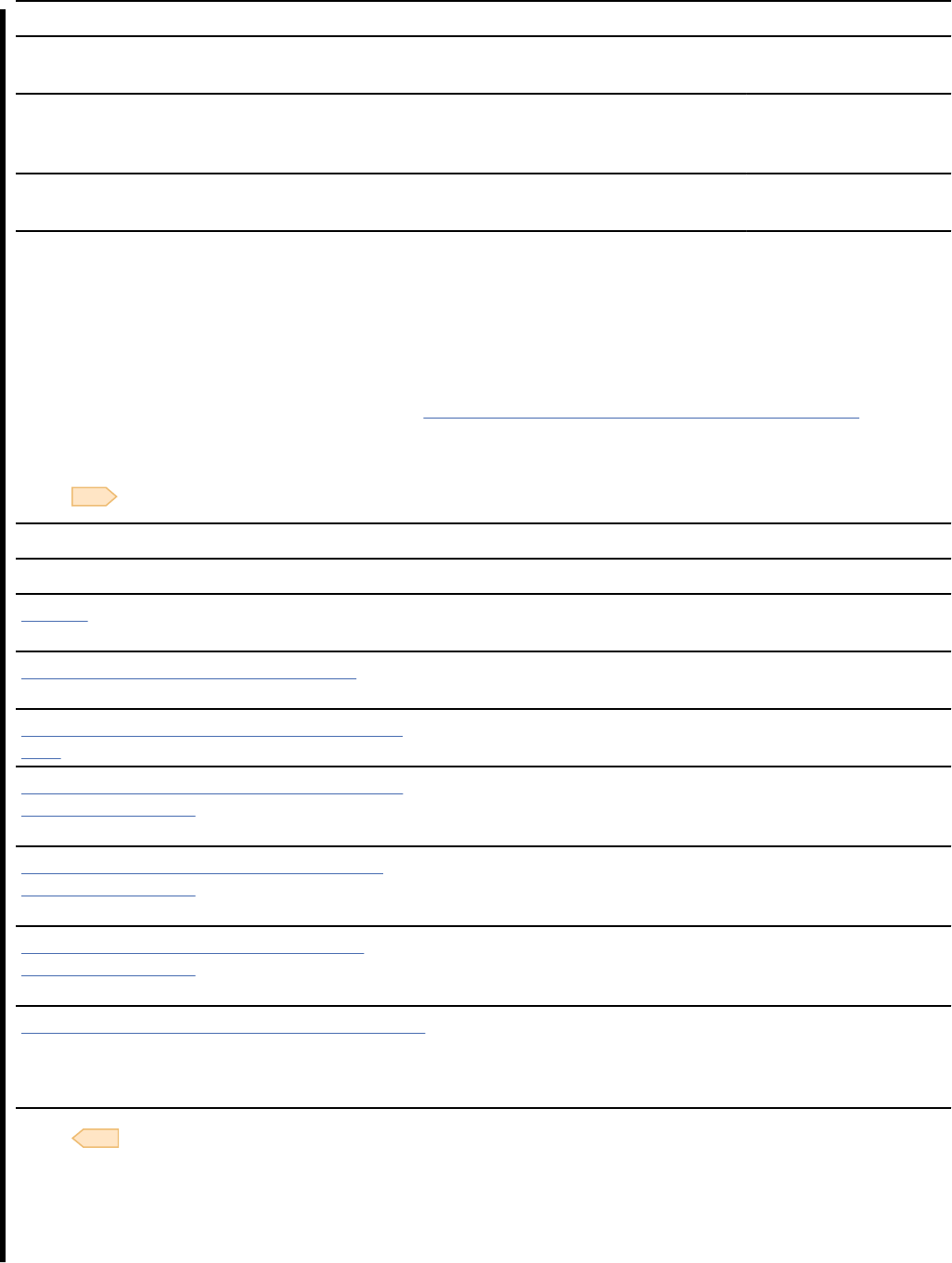
Table 133. Behavior of V11R1 application compatibility
Feature or Function
Result with V11R1 application
compatibility
IFCID 0376 trace
function code
The POWER built-in function returns a result
with the DOUBLE data type. The result is out of
range.
SQLCODE -802 1201
CURRENT_SERVER or CURRENT_TIMEZONE is
used as a column name or variable name.
SQLCODE -206 1204
SQL changes in application compatibility level V11R1
The following SQL capabilities are available in Db2 11 new-function mode or later for applications that run
at application compatibility level V11R1 or higher.
Any attempt to use the capabilities in the following table at a lower application compatibility level than
V11R1 results in an error condition, such as SQL code -4743 or others. For more restrictions that apply at
lower application compatibility levels, see “V11R1 application compatibility level” on page 830.
New SQL statements in Db2 11
GUPI
Table 134. New SQL statements in Db2 11
SQL statement Description
CREATE The CREATE TYPE (array) SQL statement denes an array
type at the current server.
CREATE VARIABLE statement (Db2 SQL) The CREATE VARIABLE statement creates a global variable
at the current server.
SET CURRENT ACCELERATOR statement (Db2
SQL)
The SET CURRENT ACCELERATOR changes the value of the
CURRENT ACCELERATOR special register.
SET CURRENT APPLICATION COMPATIBILITY
statement (Db2 SQL)
The SET CURRENT APPLICATION COMPATIBILITY
statement changes the value of the CURRENT APPLICATION
COMPATIBILITY special register.
SET CURRENT TEMPORAL BUSINESS_TIME
statement (Db2 SQL)
The SET CURRENT TEMPORAL BUSINESS_TIME statement
changes the value of the CURRENT TEMPORAL
BUSINESS_TIME special register.
SET CURRENT TEMPORAL SYSTEM_TIME
statement (Db2 SQL)
The SET CURRENT TEMPORAL SYSTEM_TIME statement
changes the value of the CURRENT TEMPORAL
SYSTEM_TIME special register.
SET assignment-statement statement (Db2 SQL) The SET assignment-statement statement is a
reclassication of the documentation of the SET host-
variable and SET transition-variable statements into a single
statement.
GUPI
SQL statement changes in Db2 11
The following table shows the changes to existing SQL statements that applications can use in application
compatibility level V11R1 or higher.
Chapter 8. Application compatibility levels in Db2 12
831
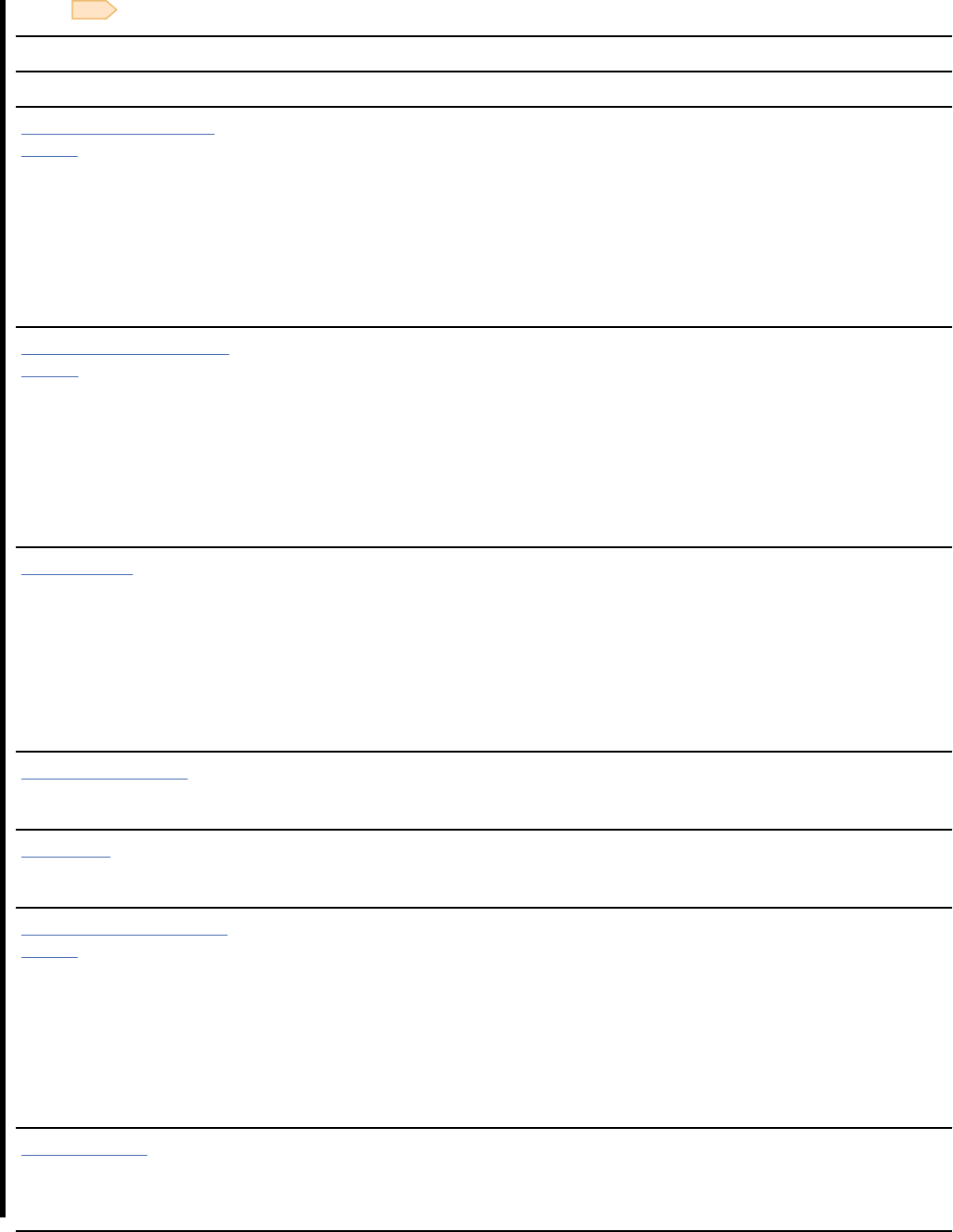
GUPI
Table 135. Changes to existing SQL statements in Db2 11
SQL statement Description of enhancements and notes
ALTER FUNCTION (SQL
scalar)
New clauses:
BUSINESS_TIME SENSITIVE
SYSTEM_TIME SENSITIVE
ARCHIVE SENSITIVE
APPLCOMPAT
Changed clauses:
data-type, data-type2 can include array-type-name.
ALTER PROCEDURE (SQL
native)
New clauses:
BUSINESS_TIME SENSITIVE
SYSTEM_TIME SENSITIVE
ARCHIVE SENSITIVE
APPLCOMPAT
Changed clauses:
data-type can include array-type-name.
ALTER TABLE
New clauses:
DROP COLUMN
ENABLE ARCHIVE
DISABLE ARCHIVE
Changed clauses:
ALTER PARTITION clauses that change limit key values now result in pending
denition changes.
ALTER TABLESPACE
Changed clauses:
PCTFREE can now include FOR UPDATE smallint.
COMMENT
Changed clauses:
data-type can include array-type-name.
CREATE FUNCTION (SQL
scalar)
New clauses:
BUSINESS_TIME SENSITIVE
SYSTEM_TIME SENSITIVE
ARCHIVE SENSITIVE
APPLCOMPAT
Changed clauses:
data-type can include array-type-name.
CREATE INDEX
New clauses:
INCLUDE NULL KEYS
EXCLUDE NULL KEYS
832Db2 12 for z/OS: Application Programming and SQL Guide (Last updated: 2024-07-30)
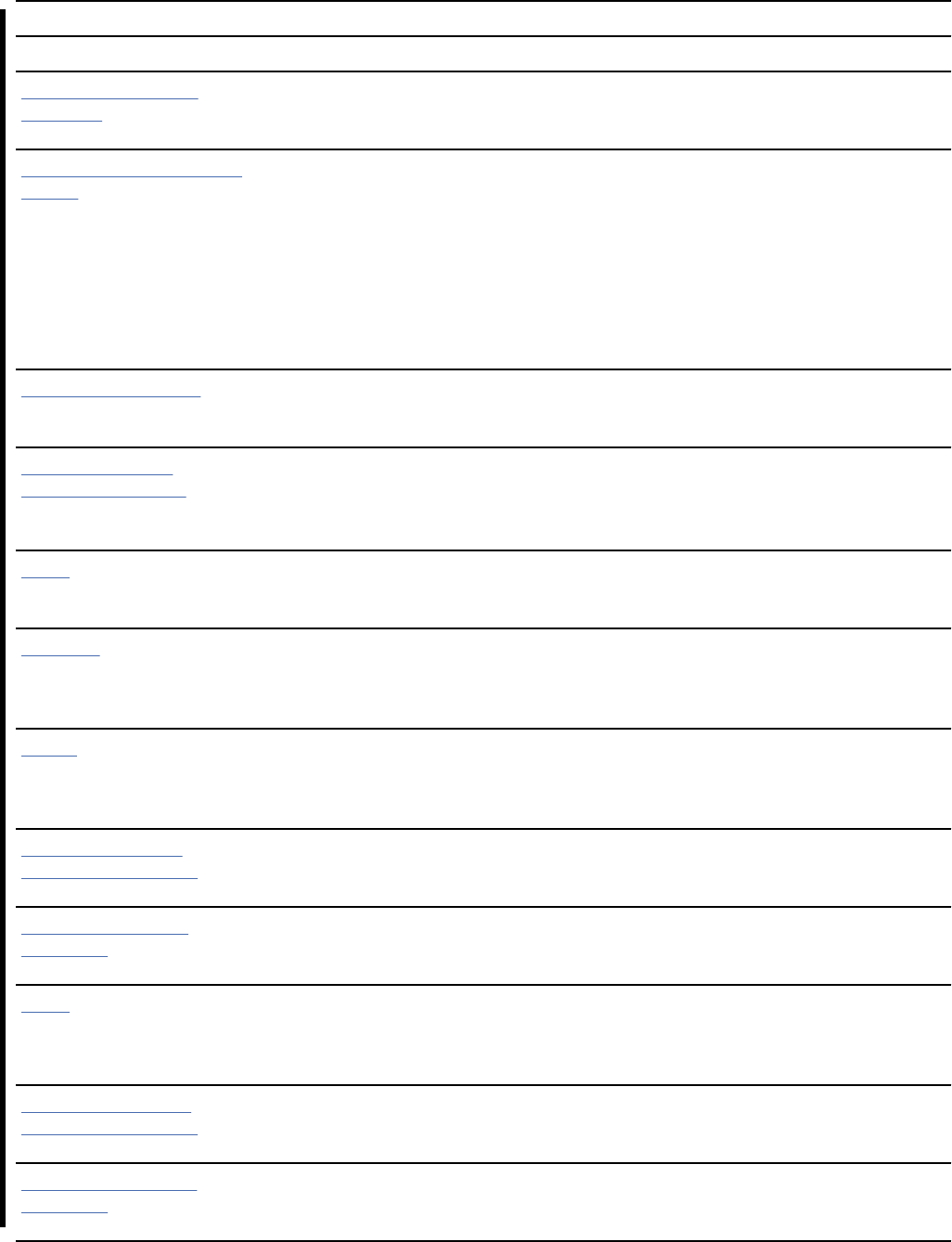
Table 135. Changes to existing SQL statements in Db2 11 (continued)
SQL statement Description of enhancements and notes
CREATE PROCEDURE
(external)
Changed clauses:
data-type can include array-type-name.
CREATE PROCEDURE (SQL
native)
New clauses:
BUSINESS_TIME SENSITIVE
SYSTEM_TIME SENSITIVE
ARCHIVE SENSITIVE
APPLCOMPAT
Changed clauses:
data-type can include array-type-name.
CREATE TABLESPACE
Changed clauses:
PCTFREE can now include FOR UPDATE smallint.
DECLARE GLOBAL
TEMPORARY TABLE
New clauses:
LOGGED
NOT LOGGED
DROP
Changed clauses:
data-type can include array-type-name.
EXECUTE
Changed clauses:
The object of the USING clause can be an SQL variable, SQL parameter,
global variable, or host variable.
FETCH
Changed clauses:
The object of the INTO clause can be a host variable, an SQL parameter,
an SQL variable, a transition variable, or an array element.
GRANT (function or
procedure privileges)
Changed clauses:
data-type can include array-type-name.
GRANT (type or JAR
privileges)
Changed clauses:
The object of the TYPE clause can be a distinct type or an array type.
OPEN
Changed clauses:
The object of the USING clause can be an SQL variable, SQL parameter,
global variable, or host variable.
REVOKE (function or
procedure privileges)
Changed clauses:
data-type can include array-type-name.
REVOKE (type or JAR
privileges)
Changed clauses:
The object of the TYPE clause can be a distinct type or an array type.
Chapter 8. Application compatibility levels in Db2 12833
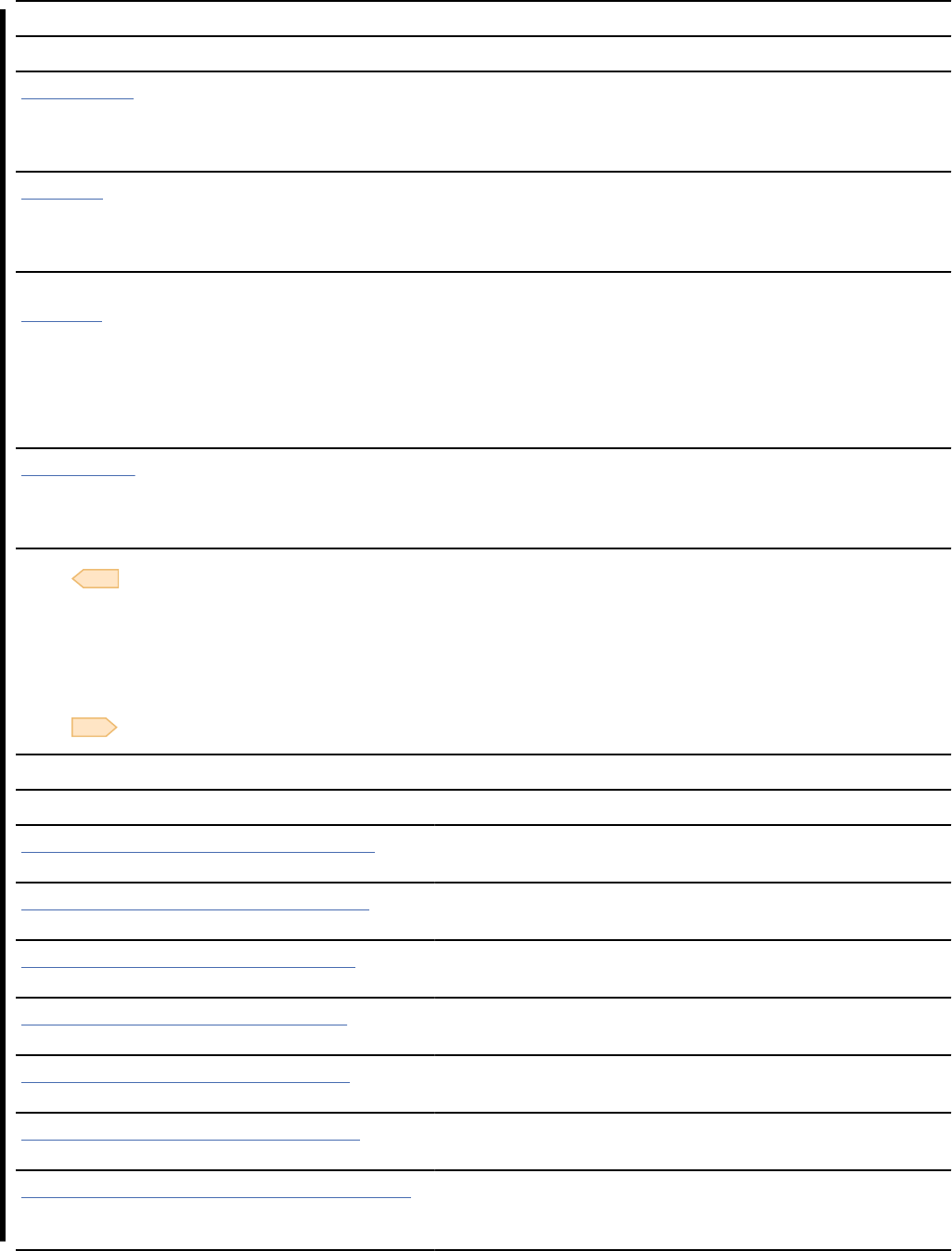
Table 135. Changes to existing SQL statements in Db2 11 (continued)
SQL statement Description of enhancements and notes
SELECT INTO
Changed clauses:
The object of the INTO clause can be a host variable, a global variable, an
SQL parameter, an SQL variable, a transition variable, or an array element.
SET PATH
Changed clauses:
The SYSTEM PATH now includes the schemas "SYSIBM", "SYSFUN",
"SYSPROC", "SYSIBMADM".
SQL statement with
subselect
Changed clauses:
collection-derived-table is added to table-reference in the FROM clause of
a subselect.
Other changes:
A user-dened function that is dened with MODIFIES SQL DATA can be
invoked in a subselect.
VALUES INTO
Changed clauses:
The object of the INTO clause can be a host variable, a global variable, an
SQL parameter, an SQL variable, a transition variable, or an array element.
GUPI
New built-in functions in Db2 11
Db2 11 introduces new built-in functions that improve the power of the SQL language. The following table
shows the new built-in functions.
GUPI
Table 136. New built-in functions in Db2 11
Function name Description
ARRAY_AGG aggregate function (Db2 SQL) The ARRAY_AGG function returns an array in which each
value of the input set is assigned to an element of the array.
ARRAY_DELETE scalar function (Db2 SQL) The ARRAY_DELETE function deletes elements from an
array.
ARRAY_FIRST scalar function (Db2 SQL) The ARRAY_FIRST function returns the minimum array index
value of an array.
ARRAY_LAST scalar function (Db2 SQL) The ARRAY_LAST function returns the maximum array index
value of an array.
ARRAY_NEXT scalar function (Db2 SQL) The ARRAY_NEXT function returns the next larger array
index value, relative to a specied array index value.
ARRAY_PRIOR scalar function (Db2 SQL) The ARRAY_PRIOR function returns the next smaller array
index value, relative to a specied array index value.
BLOCKING_THREADS table function (Db2 SQL) The BLOCKING_THREADS function returns a table that
contains one row for each lock or claim that threads hold
against specied databases.
834Db2 12 for z/OS: Application Programming and SQL Guide (Last updated: 2024-07-30)
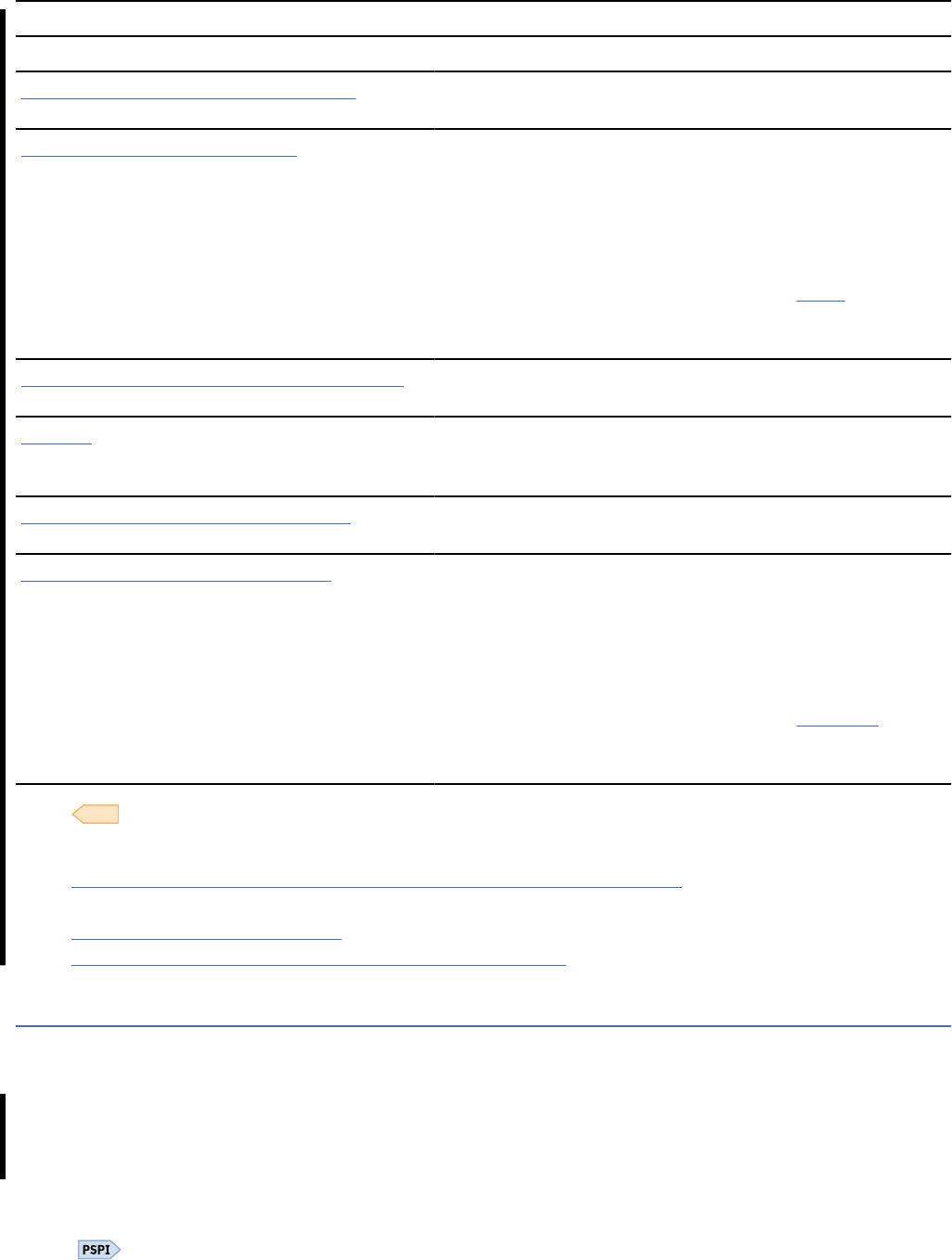
Table 136. New built-in functions in Db2 11 (continued)
Function name Description
CARDINALITY scalar function (Db2 SQL) The CARDINALITY function returns the number of elements
in an array.
CHAR9 scalar function (Db2 SQL) The CHAR9 function returns a xed-length character string
representation of the argument. The CHAR9 function is
intended for compatibility with previous releases of Db2 for
z/OS that depend on the result format that is returned for
decimal input values in Version 9 and earlier.
Important: For portable applications that might run on
platforms other than Db2 for z/OS, use the CHAR function
instead. Other Db2 family products do not support the
CHAR9 function.
MAX_CARDINALITY scalar function (Db2 SQL) The MAX_CARDINALITY function returns the maximum
number of elements that an array can contain.
MEDIAN The MEDIAN function returns the median of a set of
numbers. This function can run only on an accelerator
server.
TRIM_ARRAY scalar function (Db2 SQL) The TRIM_ARRAY function deletes elements from the end of
an ordinary array.
VARCHAR9 scalar function (Db2 SQL) The VARCHAR9 function returns a xed-length character
string representation of the argument. The VARCHAR9
function is intended for compatibility with previous releases
of Db2 for z/OS that depend on the result format that is
returned for decimal input values in Version 9 and earlier.
Important: For portable applications that might run on
platforms other than Db2 for z/OS, use the VARCHAR
function instead. Other Db2 family products do not support
the VARCHAR9 function.
GUPI
Related concepts
Application and SQL release incompatibilities (Db2 for z/OS What's New?)
Related information
SQL Reference (Db2 11 for z/OS)
Application Programming and SQL Guide (Db2 11 for z/OS)
V10R1 application compatibility level
When you set the application compatibility level to V10R1, applications that attempt to use functions and
features that are introduced in Db2 11 or later might behave differently or receive an error.
In Db2 12, you can continue to run individual applications with some of the features and behavior of DB2
10. That is, your applications can continue to experience V10R1 behavior while in Db2 12, regardless
of whether new function is activated. Then, you can migrate each application to a new application
compatibility value separately until all are migrated. If application compatibility is set to V10R1 and you
attempt to use the new functions of a later version, SQL might behave differently or result in a negative
SQL codes, such as -4743 and others.
Chapter 8. Application compatibility levels in Db2 12
835
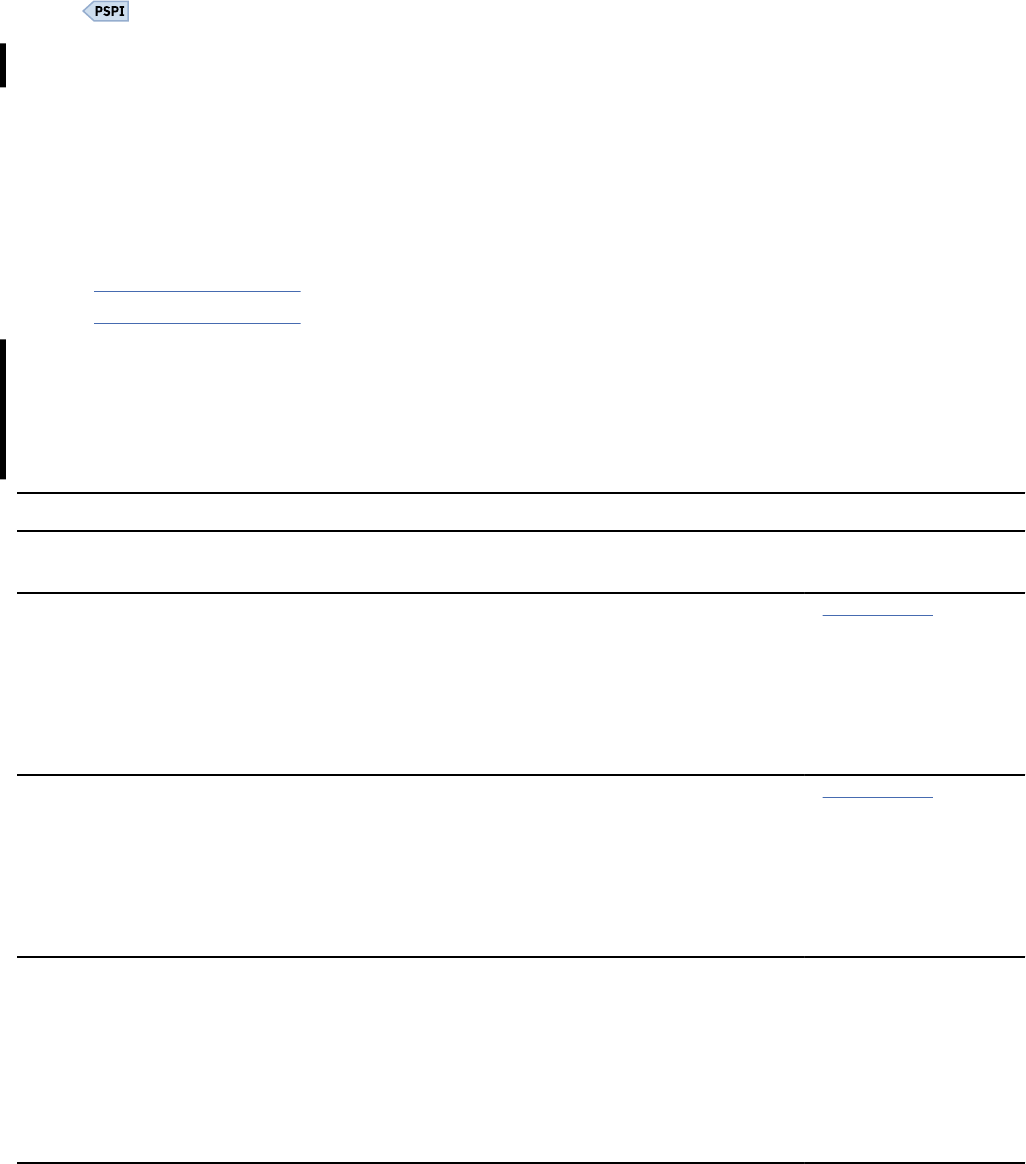
You can run package level accounting or monitor traces with IFCID 0239 and review eld
QPACINCOMPAT, which indicates an SQL incompatible change. If a trace is started for IFCID 0376, and
application compatibility is set for a previous version, details about features and functions that have a
change in behavior are written in eld QW0376FN.
A migrated Db2 12 environment behaves with V11R1 application compatibility until function level 500 or
higher is activated. Application and SQL incompatibilities are described in the migration information for
each version.
The following table shows examples of many of the new capabilities of Db2 11 features and functions that
are controlled by application compatibility, and the results if you specify V10R1. If a behavior difference is
traced, then the IFCID trace function code is shown.
Also, the new SQL capabilities of later Db2 releases cannot be used at application compatibility level
V10R1. For lists of these SQL capabilities see:
• SQL changes in Db2 13
• SQL changes in Db2 12
Tip: For best results, congure your development environment to use the lowest application compatibility
level that the application will run at in the production environment. For dynamic SQL, remember to
consider the application compatibility levels of client and NULLID packages. If you develop and test
applications at a higher application compatibility level and try to run them at a lower level in production,
you are likely to encounter SQL code -4743 and other errors when you deploy the applications to
production.
Table 137. Behavior of V10R1 application compatibility
Feature or Function
Result with V10R1 application
compatibility
IFCID 0376 trace
function code
An SQL statement in a client application
includes an unsupported conversion (from
a string type to a numeric type or
from a numeric type to a string
type), and implicit casting is disabled
(DDF_COMPATIBILITY is set to SP_PARMS_NJV
or to DISABLE_IMPCAST_NJV).
SQLCODE -301 7
“1” on page 838
A client application executes an SQL CALL
statement to execute a Db2 for z/OS
stored procedure. The DDF_COMPATIBILITY
subsystem parameter is set to SP_PARMS_NJV
for client applications other than Java
applications, or SP_PARMS_JV for Java
applications.
The data types of the data that
is returned from the SQL CALL
statement match the data types
of the CALL statement arguments.
This behavior is compatible with the
behavior before Version 10.
8
“1” on page 838
A client application accesses Db2 11 from an
IBM Data Server Driver for JDBC and SQLJ
client.The DDF_COMPATIBILITY subsystem
parameter is set to IGNORE_TZ for Java
applications.
The Db2 server ignores the
TIMEZONE portion, appended by
the IBM Data Server Driver for
JDBC and SQLJ, of the value in
the TIMESTAMP WITH TIMEZONE
input to a TIMESTAMP target. This
behavior is compatible with the
behavior before DB2 10.
9
836Db2 12 for z/OS: Application Programming and SQL Guide (Last updated: 2024-07-30)
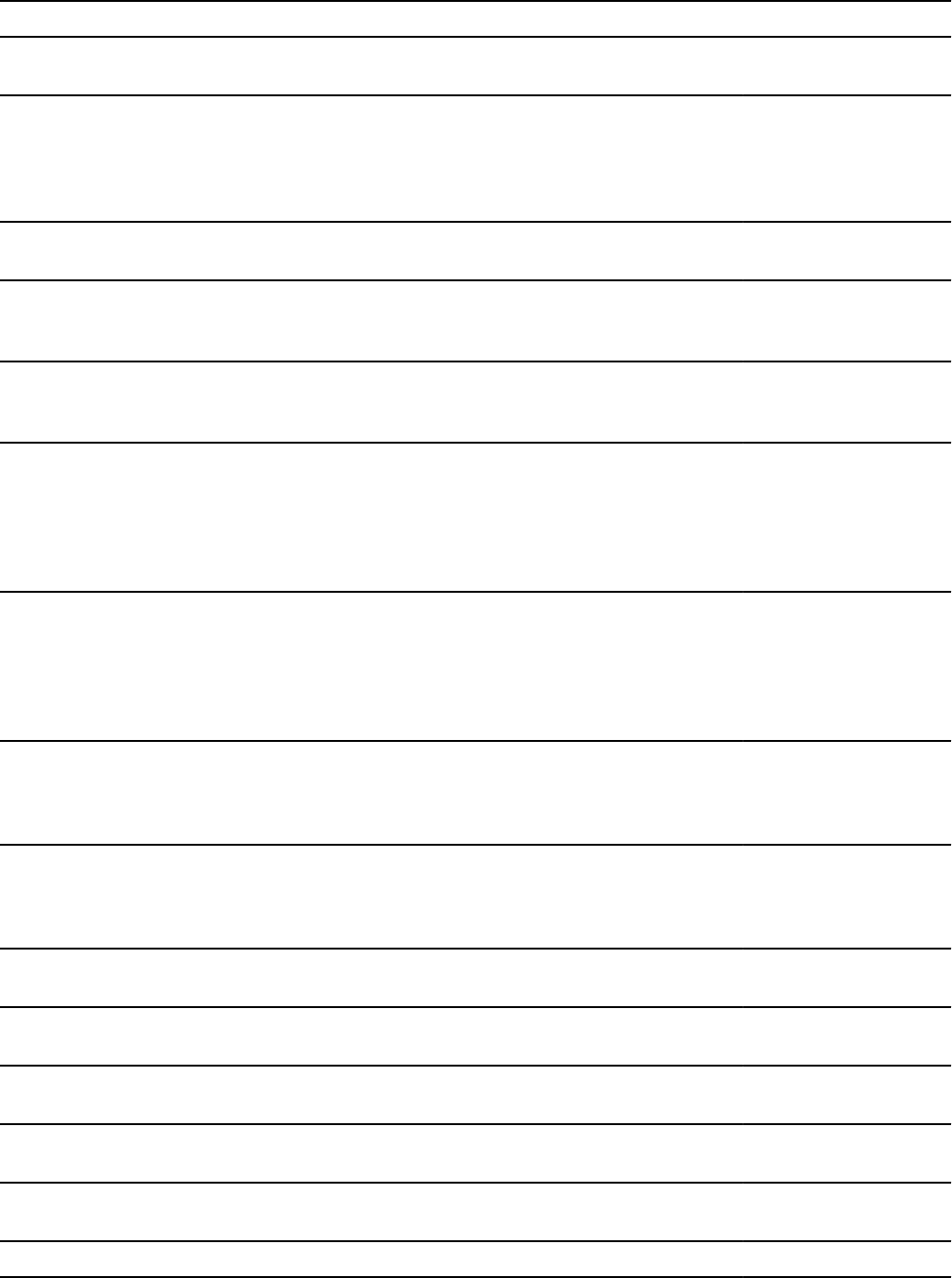
Table 137. Behavior of V10R1 application compatibility (continued)
Feature or Function
Result with V10R1 application
compatibility
IFCID 0376 trace
function code
BIF_COMPATIBILITY is set to V9_TRIM, and
input string-expression is EBCDIC mixed data
for the RTRIM, LTRIM, or STRIP built-in
function.
The DB2 9 version of
SYSIBM.LTRIM(string-expression),
SYSIBM.RTRIM(string-expression), or
SYSIBM.STRIP(string-expression) is
executed.
10
An implicit insert or update of an XML
document node
SQLCODE -20345 1101
A predicate expression with an explicit cast or
an operation with an invalid value that does not
affect the results of XPath processing
SQLCODE -20345 1102
How the resource limit facility uses ASUTIME
value for nested routines
SQLCODE -905 is issued only when
the ASUTIME limit of the top-level
calling package is encountered.
1103
The lengths of values that are
returned from CURRENT CLIENT_USERID,
CURRENT CLIENT_WRKSTNNAME, CURRENT
CLIENT_APPLNAME, or CURRENT
CLIENT_ACCTNG special register are longer
than the DB2 10 limits.
The special register values are
truncated to the DB2 10 maximum
lengths and padded with blanks
1104, 1105, 1106,
1107
A CAST(string as TIMESTAMP) specication
with an input string of length of 8 or an input
string of length 13
An explicit cast specication from
string as TIMESTAMP interprets an
8-byte character string as a Store
Clock value and a 13-byte string as
a GENERATE_UNIQUE value. CAST
result might be incorrect.
1109
Invocation of the SPACE or VARCHAR built-
in function when the result is dened
as VARCHAR(32765), VARCHAR(32766), or
VARCHAR(32767)
No error 1110, 1111
Subsystem parameter
XML_RESTRICT_EMPTY_TAG is set to YES,
and an empty XML element is serialized as
<emptyElement></emptyElement>
No error 1112
Specication of bind option
DBPROTOCOL(DRDACBF)
DSNT298I
A period specication that follows the name of
a view in the FROM clause of a query
SQLCODE -4743
A period clause that follows the name of a
target view in an UPDATE or DELETE statement
SQLCODE -4743
A SET CURRENT TEMPORAL SYSTEM_TIME
statement
SQLCODE -4743
A SET CURRENT TEMPORAL BUSINESS_TIME
statement
SQLCODE -4743
A reference to a global variable SQLCODE -4743
Chapter 8. Application compatibility levels in Db2 12837

Table 137. Behavior of V10R1 application compatibility (continued)
Feature or Function
Result with V10R1 application
compatibility
IFCID 0376 trace
function code
Use of array operations and built-in functions
such as
• Use of the UNNEST collection-derived-table
• Use of the ARRAY_FIRST,
ARRAY_LAST, ARRAY_NEXT, ARRAY_PRIOR,
ARRAY_AGG, TRIM_ARRAY, CARDINALITY,
MAX_CARDINALITY built-in functions
• A SET assignment-statement of an array
element as a target table
• A CAST specication with a parameter marker
as the source and an array as the data type
SQLCODE -4743
An aggregate function that contains the
keyword DISTINCT and references a column
that is dened with a column mask
SQLCODE -20478
An SQL statement contains the GROUP BY
clause and references a column that is dened
with a column mask
SQLCODE -20478
An SQL statement contains the set operator
UNION ALL or UNION DISTINCT and references
a column that is dened with a column mask
SQLCODE -20478
A reference to an alias for a sequence object SQLCODE -4743
A reference to an unqualied sequence that is
not resolved to a public alias
SQLCODE -204
A SELECT with a table function reference that
includes a typed correlation clause
SQLCODE -4743
A table-reference, collection-derived-table, or
xmltable-expression that does not include a
correlation-clause.
SQLCODE -4743
A CALL statement that species an autonomous
procedure
SQLCODE -4743
The following datetime assignments:
• A valid string representation of a timestamp
to a date column
• A valid string representation of a timestamp
to a time column
• A valid string representation of a date to a
timestamp column
SQLCODE -180
Notes:
1. To nd details about the incompatible parameters, examine the contents of elds QW0376SC_Var,
QW0376PR_Var, and QW0376INC_Var. See the DSNWMSGS le for more information.
838Db2 12 for z/OS: Application Programming and SQL Guide (Last updated: 2024-07-30)
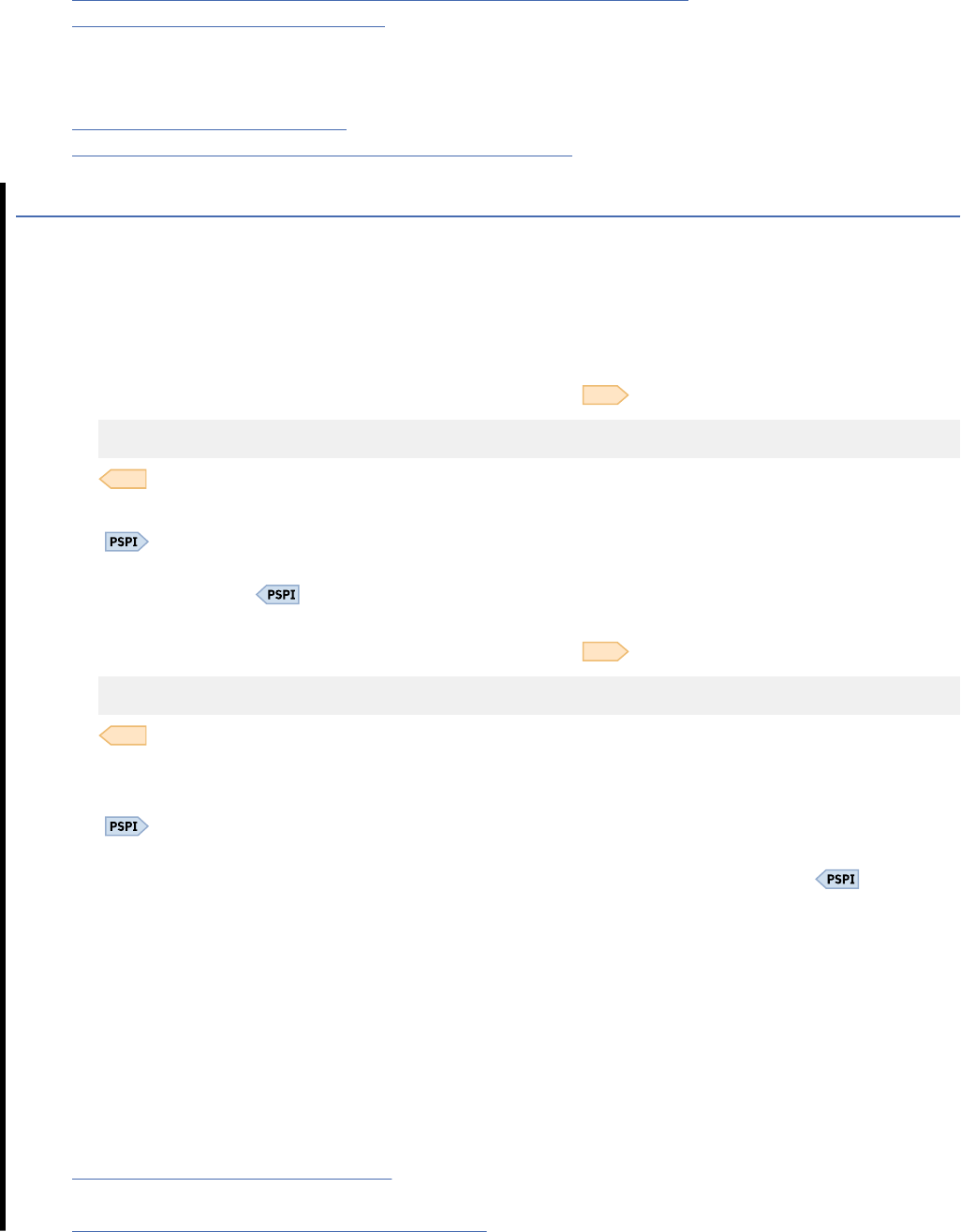
Related concepts
Application and SQL release incompatibilities (Db2 for z/OS What's New?)
V11R1 application compatibility level
When you set the application compatibility level to V11R1, applications that attempt to use functions and
features that are introduced in Db2 12 or later might behave differently or receive an error.
Related information
SQL Reference (DB2 10 for z/OS)
Application programming and SQL Guide (DB2 10 for z/OS)
Managing application incompatibilities
Before you move an application to a new application compatibility level, you need to nd application
incompatibilities, adjust your applications for those incompatibilities, and verify that the incompatibilities
no longer exist.
Procedure
1. Start a trace that includes IFCID 0239 to capture package information.
For example, issue the following START TRACE command:
GUPI
-START TRACE(ACCTG) CLASS(7,8,10)
GUPI
2. Examine the trace output.
IFCID 0239 eld QPACFLGS contains a bit that is on if a package contains incompatibilities. If
this bit is off, no incompatibilities were detected, and you can skip the rest of the steps. If this bit is on,
proceed to step 3.
3. Start a trace for IFCID 0376 to report incompatibility information about the packages.
For example, issue the following START TRACE command:
GUPI
-START TRACE(PERFM) CLASS(32) IFCID(376)
GUPI
4. Run the application.
5. Examine the trace output.
IFCID 0376 elds contain information about the incompatibilities. Db2 writes a single trace
record for each SQL statement that is incompatible with the subsequent Db2 function level. See le
prex.SDSNIVPD(DSNWMSGS) for listings of the IFCID 0239 and 0376 trace records.
6. Revise the application to avoid any application incompatibilities.
7. Prepare the application for execution. When you bind the packages for the application, use the old
APPLCOMPAT value.
8. Run the application.
9. Examine the trace output again to verify that the incompatibilities no longer exist.
What to do next
When the application runs at the old level with no application incompatibilities, rebind the package with
the APPLCOMPAT value for the new function level.
Related concepts
Performance trace (Db2 Performance)
Related reference
-START TRACE command (Db2) (Db2 Commands)
Chapter 8. Application compatibility levels in Db2 12
839

Trace eld descriptions (Db2 Performance)
Enabling default application compatibility with function level 500
or higher
The APPLCOMPAT subsystem parameter species the default value of the APPLCOMPAT bind option.
Before function level 500 or higher is activated, the APPLCOMPAT subsystem parameter must be set to
V11R1 or V10R1. These settings ensure that existing SQL applications are bound for compatibility with
the earlier release by default.
Before you begin
1. Activate function level 500 or higher, as described in Activating Db2 12 new function at migration (Db2
Installation and Migration).
2. For any packages that need to continue running at a lower level, bind or rebind them and explicitly
specify the APPLCOMPAT bind option. For more information, see Controlling the Db2 application
compatibility level (Db2 for z/OS What's New?).
3. Take the following precautions to ensure that applications are ready to run at the higher application
compatibility level by default.
• Identify and resolve all application incompatibilities of the higher level, as described in “Managing
application incompatibilities” on page 839.
• Rebind any packages that must continue to run at the lower application compatibility level and
explicitly specify the APPLCOMPAT bind option for that level.
About this task
After all applications are ready to run at a higher application compatibility level or explicitly bound at a
lower level, you can increase the APPLCOMPAT subsystem parameter value to bind packages at a higher
application compatibility level by default.
The APPLCOMPAT subsystem parameter species the default value to use when the APPLCOMPAT bind
option is not specied in a BIND command, or the APPLCOMPAT value is not specied or stored in the Db2
catalog for a REBIND command. Its value does not prevent specic applications from running at higher
application compatibility levels. For more information, see APPL COMPAT LEVEL eld (APPLCOMPAT
subsystem parameter) (Db2 Installation and Migration).
Procedure
To enable default application compatibility with the current function level:
1. Change the APPLCOMPAT subsystem parameter setting. Set the value to V12R1M500 or the equivalent
higher active function-level value.
You can complete this step as described in Updating subsystem parameter and application default
values (Db2 Installation and Migration), or by modifying your customized copy of the DSNTIJUZ job.
The format is VvvRrMmmm, where vv is the version, r is the release, and mmm is the modication
level. For example, V12R1M510 identies function level 510. For a list of all available function levels
in Db2 12, see Db2 12 function levels (Db2 for z/OS What's New?). See the activation details for each
function level for a summary the new features that are controlled by the corresponding application
compatibility level.
2. Run the rst two job steps of DSNTIJUZ to rebuild your subsystem parameter (DSNZPxxx) module.
3. Use the -SET SYSPARM command or restart Db2.
840
Db2 12 for z/OS: Application Programming and SQL Guide (Last updated: 2024-07-30)

Results
Future bind and rebind operations set the application compatibility level of the package to the
APPLCOMPAT subsystem parameter value, if the APPLCOMPAT bind option is not specied. Packages
that are bound or rebound at the higher level can begin use of SQL capabilities introduced at that level.
Related concepts
Application compatibility levels in Db2 12
The application compatibility level of your applications controls the adoption and use of new capabilities
and enhancements, and sometimes reduces the impact of incompatible changes. The advantage is
that you can complete the Db2 12 migration process without the need to update your applications
immediately.
Related tasks
Adopting new capabilities in Db2 12 continuous delivery (Db2 for z/OS What's New?)
Activating Db2 12 new function at migration (Db2 Installation and Migration)
Related reference
APPL COMPAT LEVEL eld (APPLCOMPAT subsystem parameter) (Db2 Installation and Migration)
APPLCOMPAT bind option (Db2 Commands)
Chapter 8. Application compatibility levels in Db2 12841
842Db2 12 for z/OS: Application Programming and SQL Guide (Last updated: 2024-07-30)

Chapter 9. Preparing an application to run on Db2 for
z/OS
To prepare and run applications that contain embedded static SQL statements or dynamic SQL
statements, you must process, compile, link-edit, and bind the SQL statements.
Before you begin
To avoid rework, follow these steps:
1. Test your SQL statements by using SPUFI.
2. Compile your program with no SQL statements, and resolve all compiler errors.
3. Proceed with the preparation and the Db2 precompiler or with the host compiler that supports that
Db2 coprocessor.
The following types of applications require different methods of program preparation:
• Applications that contain ODBC calls
• Applications in interpreted languages, such as REXX. For information about running REXX programs,
which you do not prepare for execution, see “Running a Db2 REXX application” on page 948
.
• Java applications, which can contain JDBC calls or embedded SQL statements
About this task
Before you can run an application program on Db2 for z/OS, you need to prepare it. To prepare the
program, you create a load module, possibly one or more packages, and an application plan.
If your application program includes SQL statements, you need to process those SQL statements by using
either the Db2 coprocessor that is provided with a compiler or the Db2 precompiler.
Tip: The Db2 coprocessor is the recommended method for processing SQL statements in application
programs. Compared to the Db2 precompiler, the Db2 coprocessor has fewer restrictions on SQL
programs, and more fully supports the latest SQL and programming language enhancements. See
“Processing SQL statements by using the Db2 coprocessor” on page 849
.
Both the Db2 coprocessor and the Db2 precompiler perform the following actions:
• Replace the SQL statements in your source programs with calls to Db2 language interface modules
• Create a database request module (DBRM), which communicates your SQL requests to Db2 during the
bind process
Db2 coprocessor
The following gure illustrates the program preparation process when you use the Db2 coprocessor.
The process is similar to the process with the Db2 precompiler, except that the Db2 coprocessor does
not create modied source for your application program. For more information, see “Processing SQL
statements by using the Db2 coprocessor” on page 849.
©
Copyright IBM Corp. 1983, 2022 843
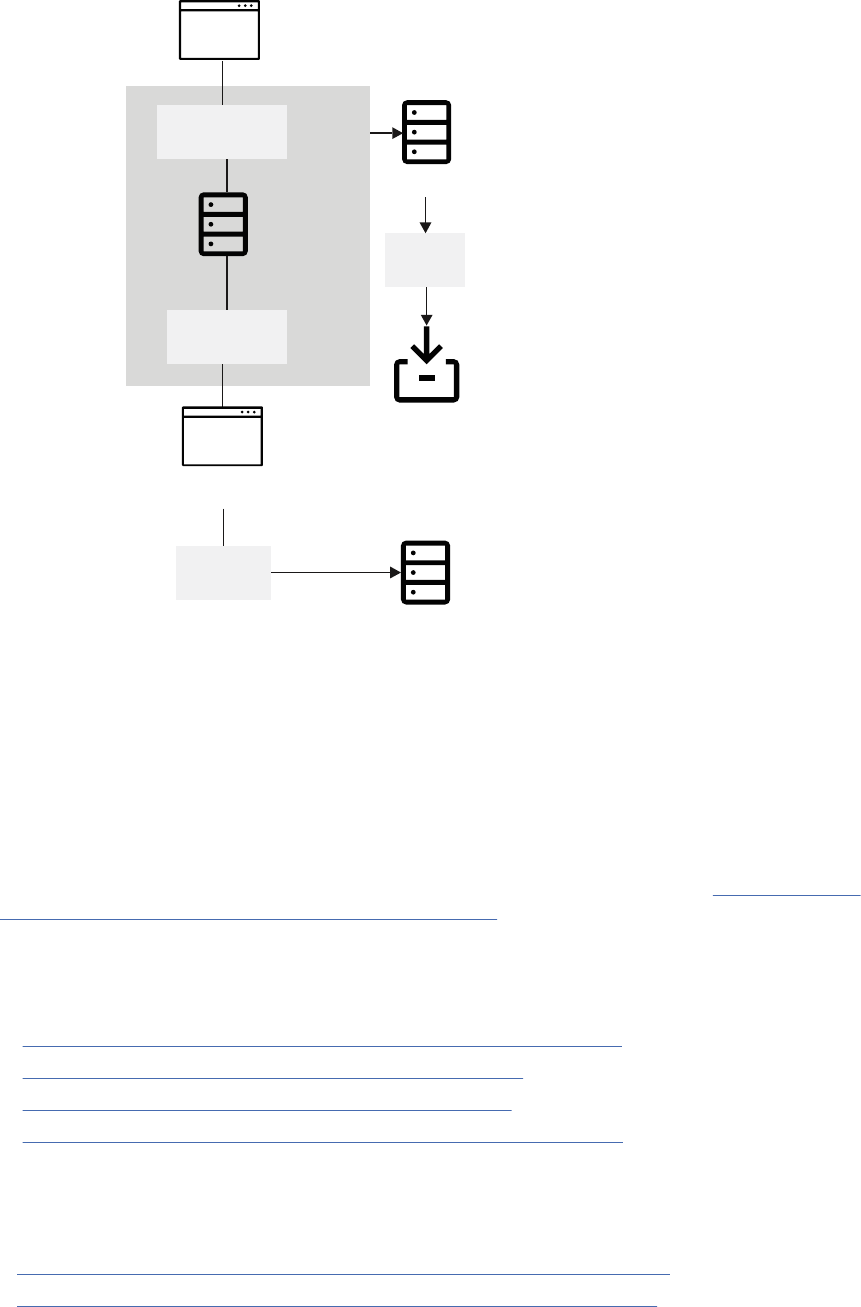
Source program
DBRM
Bind
Package
Load module
Link edit
Object program
Compile
Language
Precompile
Coprocessor
Figure 43. Overview of the program preparation process for applications that contain embedded SQL.
The Db2 coprocessor can combine the precompile and compile steps for certain languages.
Db2 precompiler
After you process SQL statements in your source program by using the Db2 precompiler, you create a
load module, possibly one or more packages, and an application plan. Creating a load module involves
compiling the modied source code that is produced by the precompiler into an object program,
and link-editing the object program to create a load module. Creating a package or an application
plan, a process unique to Db2, involves binding one or more DBRMs, which are created by the Db2
precompiler, by using the BIND PACKAGE command. For more information, see “Processing SQL
statements by using the Db2 precompiler” on page 853.
Procedure
• Complete the tasks by using one of the methods described below:
a) “Processing SQL statements for program preparation” on page 848
b) “Compiling and link-editing an application” on page 875
c) “Binding application packages and plans” on page 876
d) Chapter 10, “Running an application on Db2 for z/OS,” on page 945
Binding a package is not necessary in all cases. These instructions assume that you bind some of your
DBRMs into packages and include a package list in your plan.
If you use CICS, you might need to complete additional steps. For more information, see:
– “Translating command-level statements in a CICS program” on page 862
– “Example of calling applications in a command procedure” on page 957
You can use the following methods to complete the program preparation tasks:
• Preparing applications by using JCL procedures
844
Db2 12 for z/OS: Application Programming and SQL Guide (Last updated: 2024-07-30)

A number of methods are available for preparing an application to run. You can:
- Use Db2 interactive (DB2I) panels, which lead you step by step through the preparation process.
- Submit a background job using JCL (which the program preparation panels can create for you).
- Start the DSNH CLIST in TSO foreground or background.
- Use TSO prompters and the DSN command processor.
- Use JCL procedures added to your SYS1.PROCLIB (or equivalent) at Db2 installation time.
- You can invoke the coprocessor from UNIX System Services. If the DBRM is generated in a HFS
le, you can also use the command line processor to bind the resulting DBRM. Optionally, you can
also copy the DBRM into a partitioned data set member by using the oput and oget commands
and then bind it by using conventional JCL.
This topic describes how to use JCL procedures to prepare a program. For information about using
the DB2I panels, see Chapter 9, “Preparing an application to run on Db2 for z/OS,” on page 843.
• Preparing applications by the Db2 Program Preparation panels
If you develop programs using TSO and ISPF, you can prepare them to run by using the Db2
Program Preparation panels. These panels guide you step by step through the process of preparing
your application to run. Other ways of preparing a program to run are available, but using Db2
Interactive (DB2I) is the easiest because it leads you automatically from task to task.
Important: If your C++ program satises both of the following conditions, you must use a JCL
procedure to prepare it:
- The program consists of more than one data set or member.
- More than one data set or member contains SQL statements.
To prepare an application by using the Db2 Program Preparation panels:
1. If you want to display or suppress message IDs during program preparation, specify one of the
following commands on the ISPF command line:
TSO PROFILE MSGID
Message IDs are displayed
TSO PROFILE NOMSGID
Message IDs are supressed
2. Open the DB2I Primary Option Menu.
3. Select the option that corresponds to the Program Preparation panel.
4. Complete the Program Preparation panel and any subsequent panels. After you complete each
panel, DB2I automatically displays the next appropriate panel.
• Preparation guidelines for DL/I batch programs
Use the following guidelines when you prepare a program to access Db2 and DL/I in a batch
program:
- “Processing SQL statements by using the Db2 precompiler” on page 853
- “Binding a batch program” on page 889
- “Compiling and link-editing an application” on page 875
- “Loading and running a batch program” on page 951
Related concepts
The Db2 command line processor (Db2 Commands)
TSO attachment facility (Introduction to Db2 for z/OS)
Related reference
The DB2I primary option menu (Introduction to Db2 for z/OS)
DSNH command procedure (TSO CLIST) (Db2 Commands)
Chapter 9. Preparing an application to run on Db2 for z/OS
845
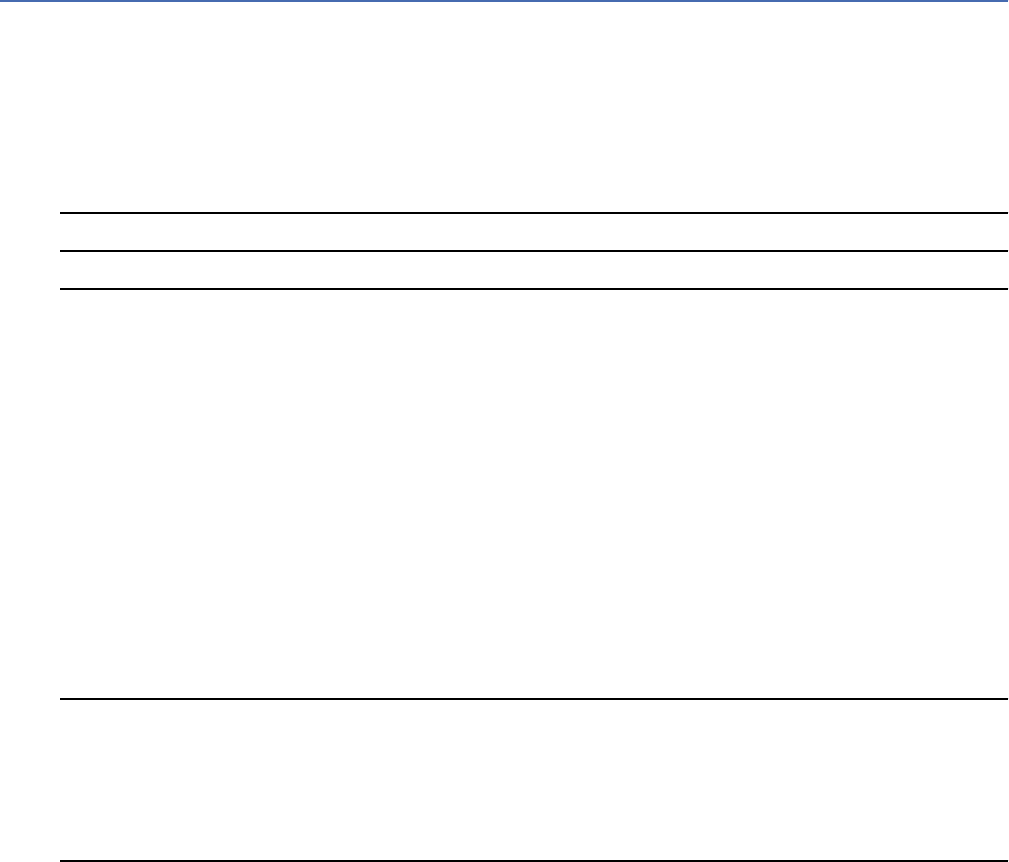
Setting the DB2I defaults
When you use the Db2 Interactive (DB2I) panels to prepare an application, you can specify the default
values that DB2I is to use. These defaults values can include the default application language and default
JCL JOB statement. Otherwise, DB2I uses the system default values that were set at installation time.
Procedure
As DB2I leads you through a series a panels, enter the default values that you want on the following
panels when they are displayed.
Table 138. DB2I panels to use to set default values
If you want to set the following default values... Use this panel
• subsystem ID
• number of additional times to attempt to connect to Db2
• programming language
• number of lines on each page of listing or SPUFI output
• lowest level of message to return to you during the BIND phase
• SQL string delimiter for COBOL programs
• how to represent decimal separators
• smallest value of the return code (from precompile, compile,
link-edit, or bind) that prevents later steps from running
• default number of input entry rows to generate on the initial
display of ISPF panels
• user ID to associate with the trusted connection for the current
DB2I session
DB2I Defaults Panel 1 panel
• default JOB statement
• symbol used to delimit a string in a COBOL statement in a
COBOL application
• whether DCLGEN generates a picture clause that has the form
PIC G(n) DISPLAY-1 or PIC N(n).
DB2I Defaults Panel 2 panel
846Db2 12 for z/OS: Application Programming and SQL Guide (Last updated: 2024-07-30)
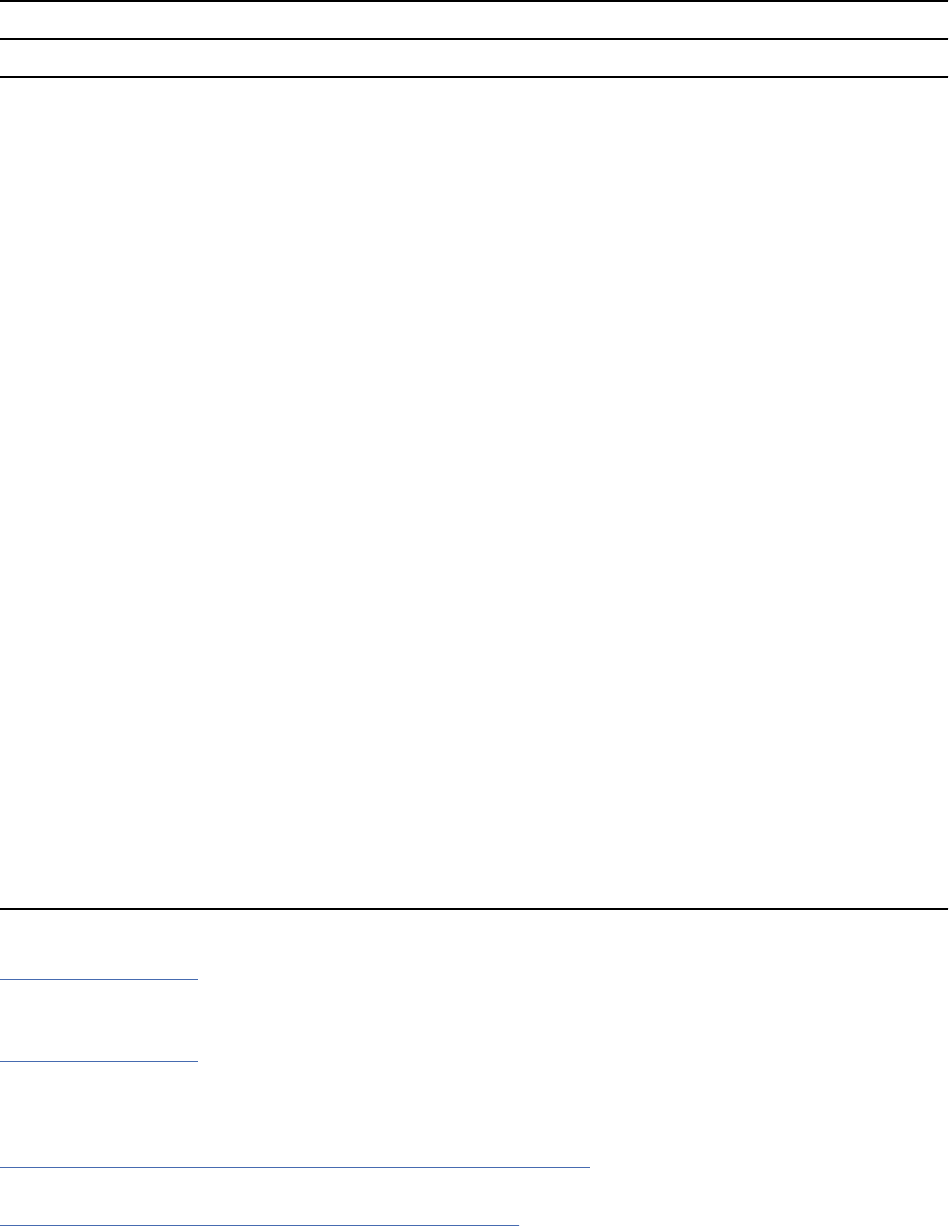
Table 138. DB2I panels to use to set default values (continued)
If you want to set the following default values... Use this panel
The following package and plan characteristics
• isolation level
• whether to check authorization at run time or at bind time
• when to release locks on resources
• whether to obtain EXPLAIN information about how SQL
statements in the plan or package execute
• whether you need data currency for ambiguous cursors opened
at remote locations
• whether to use parallel processing
• whether Db2 determines access paths at bind time and again at
execution time
• whether to defer preparation of dynamic SQL statements
• whether Db2 keeps dynamic SQL statements after commit
points
• the application encoding scheme
• whether you want to use optimization hints to determine access
paths
• when Db2 writes the changes for updated group buffer pool-
dependent pages
• whether run time (RUN) or bind time (BIND) rules apply to
dynamic SQL statements at run time
• whether to continue to create a package after nding SQL errors
(packages only)
• when to acquire locks on resources (plans only)
• whether a CONNECT (Type 2) statement executes according to
Db2 rules (Db2) or the SQL standard (STD). (plans only)
• which remote connections end during a commit or a rollback
(plans only)
Defaults for Bind Package panel
Defaults for Bind Plan panel
Related reference
DB2I Defaults Panel 1
DB2I Defaults Panel 1 lets you change many of the system default values that were set at Db2 installation
time.
DB2I Defaults Panel 2
After you press Enter on the DB2I Defaults Panel 1, the DB2I Defaults Panel 2 is displayed. If you chose
IBMCOB as the language on the DB2I Defaults Panel 1, three elds are displayed. Otherwise, only the rst
eld is displayed.
Defaults for Bind Package and Defaults for Rebind Package panels
These DB2I panels lets you change your defaults for BIND PACKAGE and REBIND PACKAGE options.
Defaults for Bind Plan and Defaults for Rebind Plan panels
Chapter 9. Preparing an application to run on Db2 for z/OS
847

These DB2I panels let you change your defaults for BIND PLAN and REBIND PLAN options.
Processing SQL statements for program preparation
The rst step in preparing an SQL application to run is to process the SQL statements in the program.
To process the statements, use the Db2 coprocessor or the Db2 precompiler. During this step, the SQL
statements are replaced with calls to Db2 language interface modules, and a DBRM is created.
Before you begin
Ensure that your application development programming languages meet the minimum requirements
listed in "Programming Languages" in Db2 12 Program Directory. See Program directories for Db2 12 (Db2
for z/OS in IBM Documentation).
About this task
Because most compilers do not recognize SQL statements, you can prevent compiler errors by using
either the Db2 coprocessor or the Db2 precompiler.
You can use the Db2 coprocessor for the host language. When you use the Db2 coprocessor, the compiler
(rather than the Db2 precompiler) scans the program and returns the modied source code. The Db2
coprocessor also produces a DBRM.
Tip: The Db2 coprocessor is the recommended method for processing SQL statements in application
programs. Compared to the Db2 precompiler, the Db2 coprocessor has fewer restrictions on SQL
programs, and more fully supports the latest SQL and programming language enhancements. See
“Processing SQL statements by using the Db2 coprocessor” on page 849
.
The Db2 precompiler scans the program and returns modied source code, which you can then compile
and link edit. The precompiler also produces a DBRM (database request module). You can bind this
DBRM to a package using the BIND subcommand. When you complete these steps, you can run your Db2
application.
Db2 version in DSNHDECP module
When you process SQL statements in your program, if the Db2 version in DSNHDECP is the default
system-provided version, Db2 issues a warning and processing continues. In this case, ensure that the
information in DSNHDECP that Db2 uses accurately reflects your environment.
Procedure
To process SQL statements in application programs, use one of the following methods:
• Invoke the Db2 coprocessor for the host language that you are using as you compile your program. You
can use the Db2 coprocessor with C, C++, COBOL, and PL/I host compilers.
To invoke the Db2 coprocessor, specify the SQL compiler option followed by its suboptions, which are
those options that are dened for the Db2 precompiler. Some Db2 precompiler options are ignored.
You can also invoke the Db2 coprocessor from UNIX System Services on z/OS to generate a DBRM in
either a partitioned data set or an HFS le.
For more information, see “Processing SQL statements by using the Db2 coprocessor” on page 849.
• Use the Db2 precompiler before you compile your program. For more information, see “Processing SQL
statements by using the Db2 precompiler” on page 853.
For assembler or Fortran applications, use the Db2 precompiler to prepare the SQL statements.
Results
The main output from the Db2 coprocessor or Db2 precompiler is a database request module (DBRM).
However, the Db2 coprocessor or Db2 precompiler also produces modied source statements, a list of
source statements, a list of statements that refer to host names and columns, and diagnostics. For more
information, see “Output from the Db2 precompiler” on page 859
.
848
Db2 12 for z/OS: Application Programming and SQL Guide (Last updated: 2024-07-30)

What to do next
If the application contains CICS
®
commands, you must translate the program before you compile it. For
more information, see “Translating command-level statements in a CICS program” on page 862.
Related concepts
Using the Db2 C/C++ precompiler (XL C/C++ Programming Guide)
Db2 coprocessor (Enterprise COBOL for z/OS Programming Guide)
Output from the Db2 precompiler
The main output from the Db2 precompiler is a database request module (DBRM). However, the Db2
precompiler also produces modied source statements, a list of source statements, a list of statements
that refer to host names and columns, and diagnostics.
Differences between the Db2 coprocessor and the Db2 precompiler
The Db2 coprocessor and the Db2 precompiler have architectural differences. You cannot switch from one
to the other without considering those differences and adjusting your program accordingly.
Program directories for Db2 12 (Db2 for z/OS in IBM Documentation)
Related tasks
Translating command-level statements in a CICS program
You can translate CICS applications with the CICS command language translator as a part of the program
preparation process. CICS command language translators are available only for assembler, C, COBOL, and
PL/I languages.
Related reference
Enterprise COBOL for z/OS
Processing SQL statements by using the Db2 coprocessor
You can use the Db2 coprocessor for processing SQL statements at compile time. With the Db2
coprocessor, the compiler scans a program and copies all of the SQL statements and host variable
information into a database request module (DBRM). The Db2 coprocessor is the recommended method
for processing SQL statements in application programs. Compared to the Db2 precompiler, the Db2
coprocessor has fewer restrictions on SQL programs, and more fully supports the latest SQL and
programming language enhancements.
Before you begin
Ensure that your application development programming languages meet the minimum requirements
listed in "Building applications by using the Db2 coprocessor" in Db2 12 Program Directory. See Program
directories for Db2 12 (Db2 for z/OS in IBM Documentation).
About this task
The Db2 coprocessor processes SQL statements at compile time.
Chapter 9. Preparing an application to run on Db2 for z/OS
849
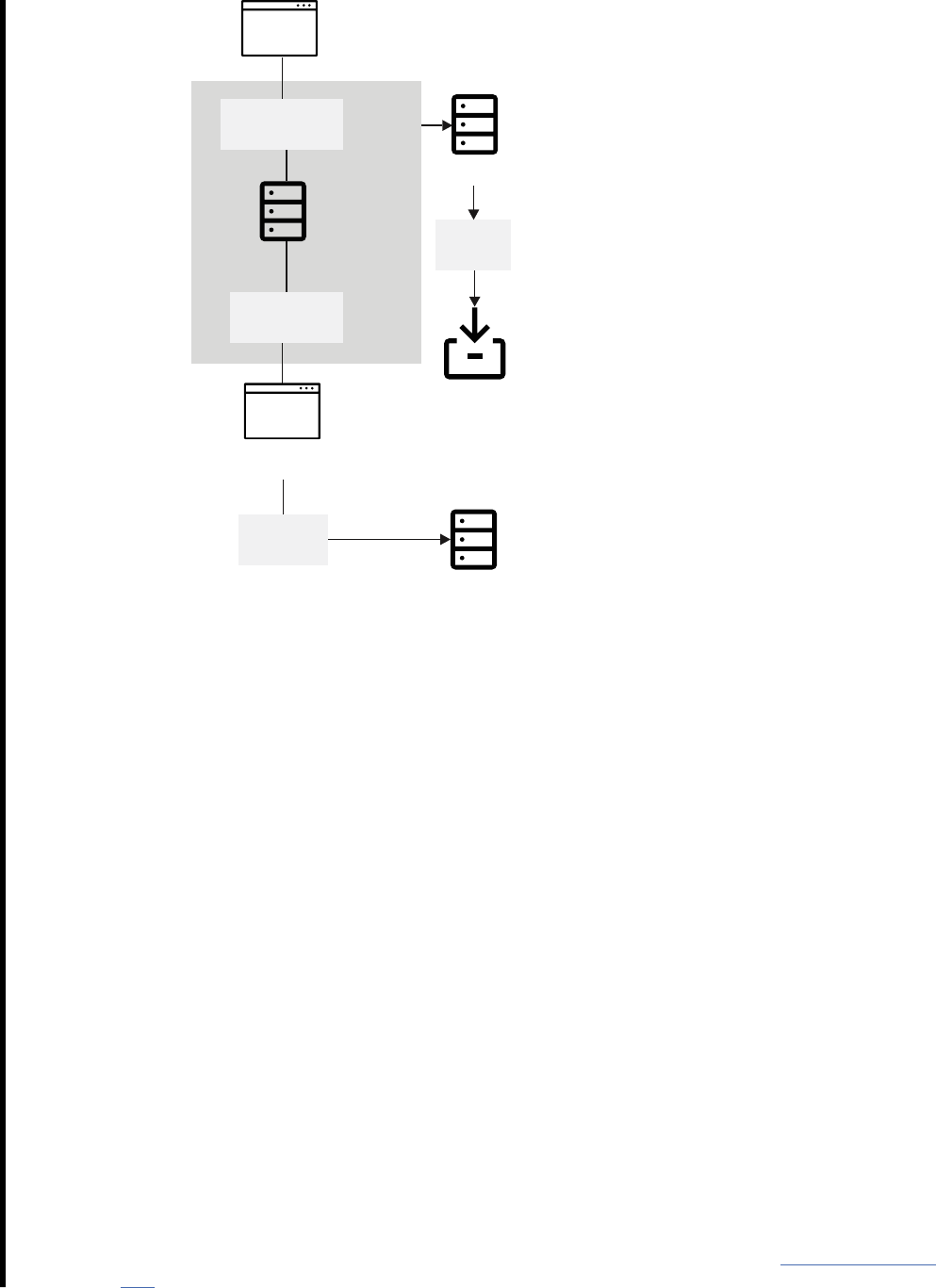
Source program
DBRM
Bind
Package
Load module
Link edit
Object program
Compile
Language
Precompile
Coprocessor
Figure 44. Overview of the program preparation process for applications that contain embedded SQL. The
Db2 coprocessor can combine the precompile and compile steps for certain languages.
Exception: For PL/I, the Db2 coprocessor is called from the PL/I preprocessor instead of the compiler.
The Db2 coprocessor is the recommended method for processing SQL statements in application
programs. Compared to the Db2 precompiler, the Db2 coprocessor has fewer restrictions on SQL
programs, and more fully supports the latest SQL and programming language enhancements.
For example, when you process SQL statements with the Db2 coprocessor, you can do the following
things in your program:
• Use fully qualied names for structured host variables.
• Include SQL statements at any level of a nested program, instead of in only the top-level source le.
(Although you can include SQL statements at any level of a nested program, you must compile the entire
program as one unit.)
• Use nested SQL INCLUDE statements.
• For C or C++ programs only, write applications with variable length format.
• For C or C++ programs only, use codepage-dependent characters, such as left and right brackets,
without using tri-graph notation when the programs use different code pages.
Procedure
To process SQL statements by using the Db2 coprocessor, take one of the following actions:
• Submit a JCL job to process that SQL statement. Include the following information:
– Specify the SQL compiler option when you compile your program:
The SQL compiler option indicates that you want the compiler to invoke the Db2 coprocessor.
Specify a list of SQL processing options in parentheses after the SQL keyword. Table 142 on page
864 lists the options that you can specify.
850
Db2 12 for z/OS: Application Programming and SQL Guide (Last updated: 2024-07-30)
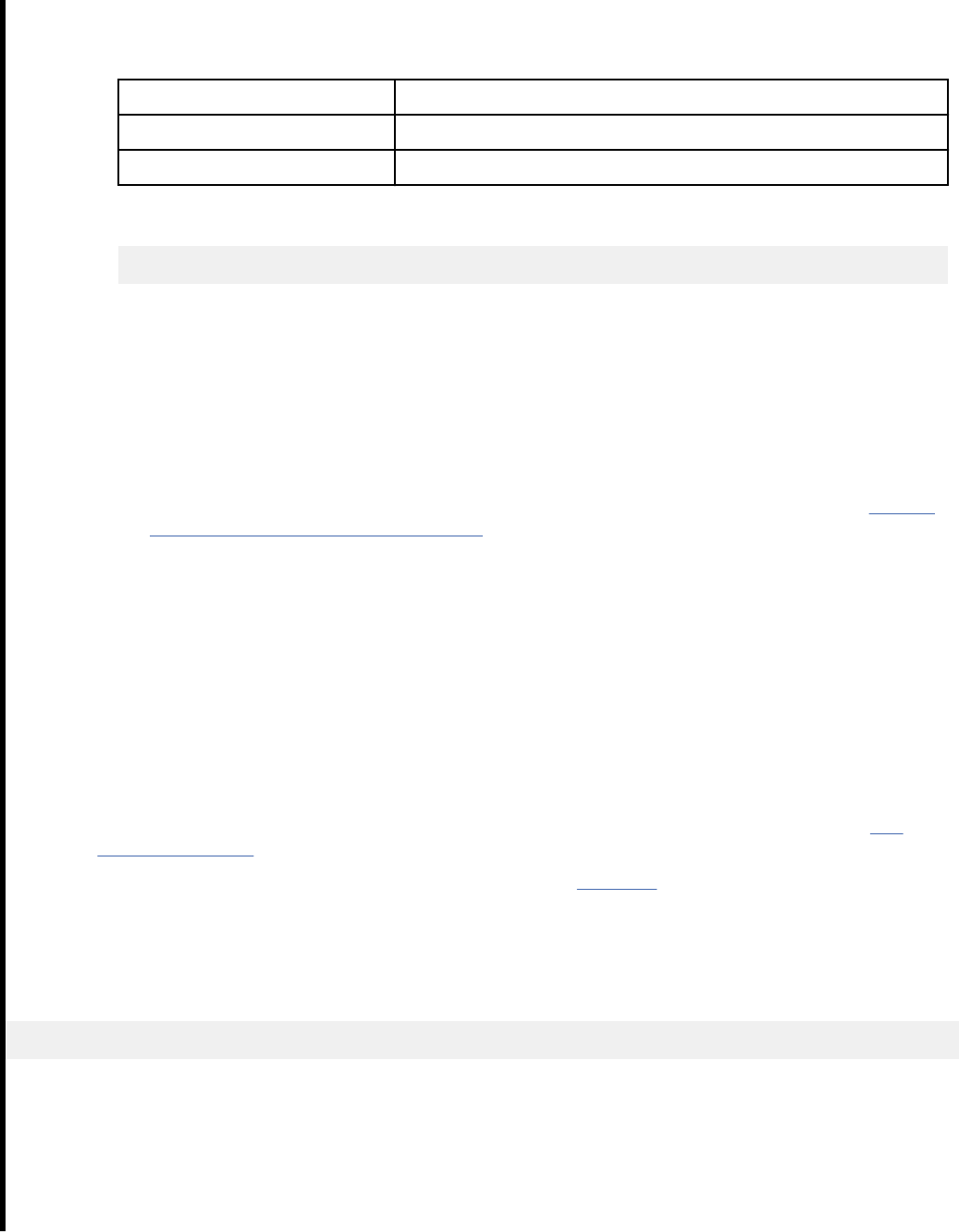
For COBOL and PL/I, enclose the list of SQL processing options in single or double quotation
marks. For PL/I, separate options in the list by a comma, blank, or both, as shown in the following
examples:
C/C++ SQL(APOSTSQL STDSQL(NO))
COBOL SQL("APOSTSQL STDSQL(NO)")
PL/I PP(SQL("APOSTSQL,STDSQL(NO)")
– For PL/I programs that use BIGINT or LOB data types, specify the following compiler options when
you compile your program:
LIMITS(FIXEDBIN(63), FIXEDDEC(31))
– If needed, increase the user's region size so that it can accommodate more memory for the Db2
coprocessor.
– Include DD statements for the following data sets in the JCL for your compile step:
Db2 load library (prex.SDSNLOAD)
The Db2 coprocessor calls Db2 modules to process the SQL statements. You therefore need to
include the name of the Db2 load library data set in the STEPLIB concatenation for the compiler
step.
DBRM library
The Db2 coprocessor produces a DBRM. DBRMs and the DBRM library are described in “Output
from the Db2 coprocessor” on page 852. You need to include a DBRMLIB DD statement that
species the DBRM library data set.
Library for SQL INCLUDE statements
If your program contains SQL INCLUDE member-name statements that specify secondary input
to the source program, you need to also specify the data set for member-name. Include the
name of the data set that contains member-name in the SYSLIB concatenation for the compiler
step.
• Invoke the Db2 coprocessor from z/OS UNIX System Services.
If you invoke the Db2 coprocessor from z/OS UNIX System Services, you can choose to have the DBRM
generated in a partitioned data set or an HFS le.
When you invoke the Db2 coprocessor, specify the SQL compiler option. The SQL compiler option
indicates that you want the compiler to invoke the Db2 coprocessor. Specify a list of SQL processing
options in parentheses after the SQL keyword. For the list of options that you can specify, see SQL
processing options.
The le name for the DBRM is determined as described in DRBMLIB. For host languages other than C
and C++, the DBRMLIB option is not supported and the le name is always generated. For C and C++,
you can specify one of the following items:
– The name of a partitioned data set. The following example invokes the C/C++ Db2 coprocessor to
compile (with the c89 compiler) a sample C program and requests that the resulting DBRM is stored
in the test member of the userid.dbrmlib.data data set:
c89 -Wc,"sql,dbrmlib(//'userid.dbrmlib.data(test)'),langlvl(extended)" -c t.c
– The name of an HFS le. The name can be qualied, partially qualied, or unqualied. The le
path can contain a maximum of 1024 characters, and the le name can contain a maximum of 255
characters. The rst 8 characters of the le name, not including the le extension, must be unique
within the le system.
For example, assume that your directory structure is /u/USR001/c/example and that your current
working directory is /u/USR001/c. The following table shows examples of how to specify the HFS
le names with the DBRMLIB option and how the le names are resolved.
Chapter 9. Preparing an application to run on Db2 for z/OS
851
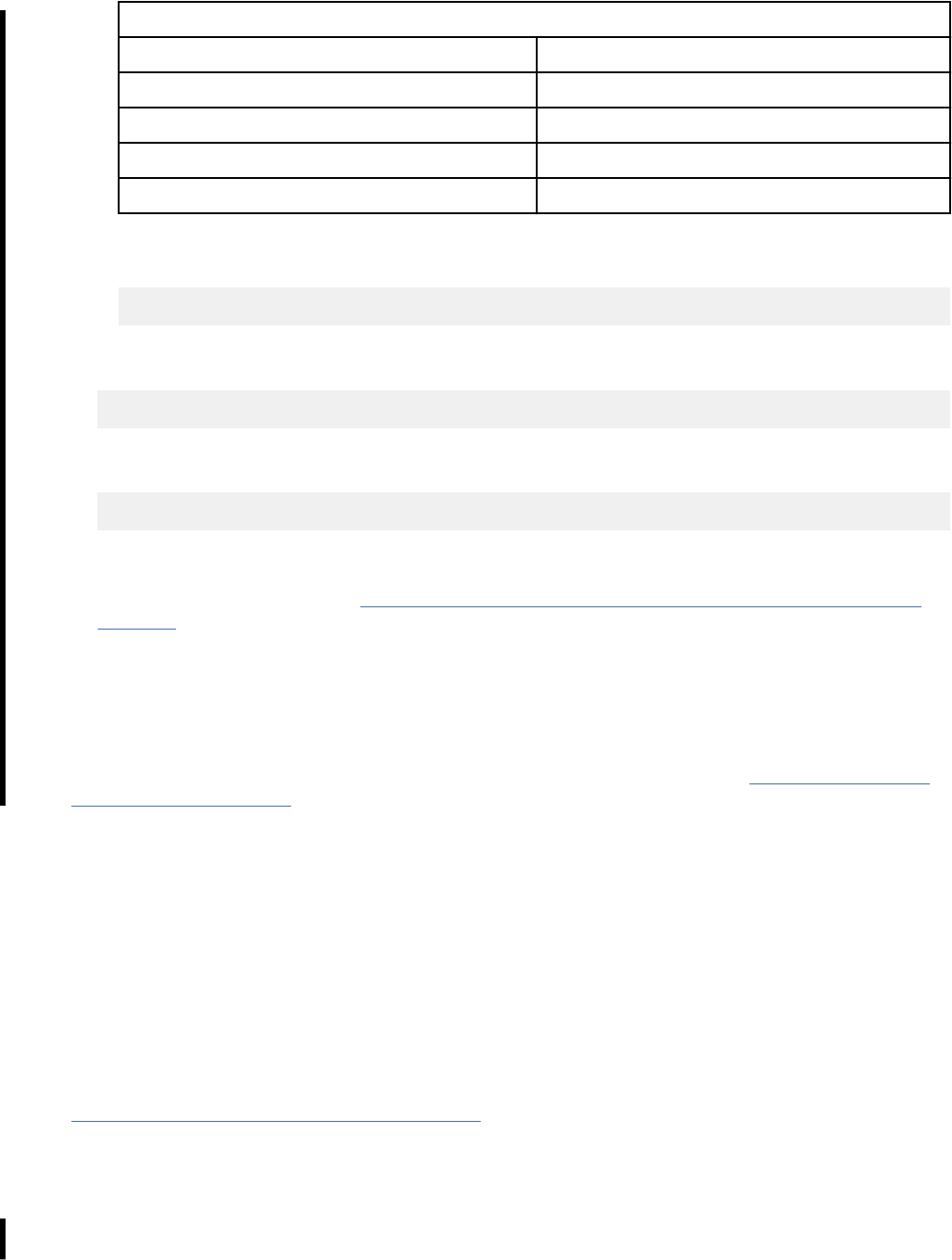
Table 139. How to specify HFS les to store DBRMs
If you specify... The DBRM is generated in...
dbrmlib(/u/USR001/sample.dbrm) /u/USR001/sample.dbrm
dbrmlib(example/sample.dbrm) /u/USR001/c/example/sample.dbrm
dbrmlib(../sample.dbrm) /u/USR001/sample.dbrm
dbrmlib(sample.dbrm) /u/USR001/c/sample.dbrm
The following example invokes the Db2 coprocessor to compile (with the c89 compiler) a sample C
program and requests that the resulting DBRM is stored in the le test.dbrm in the tmp directory:
c89 -Wc,"sql,dbrmlib(/tmp/test.dbrm),langlvl(extended)" -c t.c
The following example invokes the Db2 coprocessor to compile a sample COBOL program with the
Enterprise COBOL for z/OS 6.2 or later compilers:
cob2 myprogram.cbl -c myprogram -dbrmlib -qsql
The following example invokes the Db2 coprocessor to compile a sample PL/I program from Enterprise
PL/I for z/OS 5.2 or later compilers:
pli -c -qpp=sql -qdbrmlib -qrent myprogram.pli
If you request that the DBRM be generated in an HFS le, you can bind the resulting DBRM by using
the command line processor BIND command. For more information about using the command line
processor BIND command, see “Binding a DBRM that is in an HFS le to a package or collection” on
page 878. Optionally, you can also copy the DBRM into a partitioned data set member by using the
oput and oget commands and then bind the DBRM by using conventional JCL.
Results
The main output from the Db2 coprocessor is a database request module (DBRM). However, the Db2
coprocessor also produces modied source statements, a list of source statements, a list of statements
that refer to host names and columns, and diagnostics. For more information, see “Output from the Db2
coprocessor” on page 852.
Support for compiling a COBOL program that includes SQL from an assembler
program
The COBOL compiler provides a facility that enables you to invoke the COBOL compiler by using an
assembler program.
If you intend to use the Db2 coprocessor and start the COBOL compiler from an assembler program as
part of your Db2 application preparation, you can use the SQL compiler option and provide the alternate
DBRMLIB DD name the same way that you can specify other alternate DD names. The Db2 coprocessor
creates the DBRM member according to your DBRM PDS library and the DBRM member that you specied
using the alternate DBRMLIB DD name.
Related reference
Starting the compiler from an assembler program
Output from the Db2 coprocessor
The output from the Db2 coprocessor is a database request module (DBRM).
Tip: The Db2 coprocessor is the recommended method for processing SQL statements in application
programs. Compared to the Db2 precompiler, the Db2 coprocessor has fewer restrictions on SQL
852
Db2 12 for z/OS: Application Programming and SQL Guide (Last updated: 2024-07-30)

programs, and more fully supports the latest SQL and programming language enhancements. See
“Processing SQL statements by using the Db2 coprocessor” on page 849.
The Db2 coprocessor produces a database request module (DBRM). The DBRM is a data set that contains
the SQL statements and host variable information that is extracted from the source program, along with
information that identies the program and ties the DBRM to the translated source statements. The DBRM
becomes the input to the bind process.
The data set requires space to hold all the SQL statements plus space for each host variable name and
some header information. The header information alone requires approximately two records for each
DBRM, 20 bytes for each SQL record, and 6 bytes for each host variable.
For an exact format of the DBRM, see the DBRM mapping macros, DSNXDBRM and DSNXNBRM, in library
prex.SDSNMACS. The DCB attributes of the data set are RECFM FB, LRECL 80. The precompiler sets
the characteristics. You can use IEBCOPY, IEHPROGM, TSOCOPY and DELETE commands, or other PDS
management tools for maintaining these data sets.
Important: Do not modify the contents of the DBRM. If you do, unpredictable results can occur. Db2 does
not support modied DBRMs.
All other character elds in a DBRM use EBCDIC. The current release marker (DBRMMRIC) in the header
of a DBRM is marked according to the release of the precompiler, regardless of the value of NEWFUN.
In a DBRM, the SQL statements and the list of host variable names use the UTF-8 character encoding
scheme.
Processing SQL statements by using the Db2 precompiler
The Db2 precompiler scans a program and copies all of the SQL statements and host variable information
into a database request module (DBRM ). The Db2 precompiler also returns source code that has been
modied so that the SQL statements do not cause errors when you compile the program.
Before you begin
Ensure that your application development programming languages meet the minimum requirements
listed in "Building applications by using the Db2 precompiler" in Db2 12 Program Directory. See Program
directories for Db2 12 (Db2 for z/OS in IBM Documentation).
Tip: The Db2 coprocessor is the recommended method for processing SQL statements in application
programs. Compared to the Db2 precompiler, the Db2 coprocessor has fewer restrictions on SQL
programs, and more fully supports the latest SQL and programming language enhancements. See
“Processing SQL statements by using the Db2 coprocessor” on page 849.
About this task
After the SQL statements and host variable information are copied into a DBRM and the modied source
code is returned, you can compile and link-edit this modied source code.
The following gure illustrates the program preparation process when you use the Db2 precompiler.
After you process SQL statements in your source program by using the Db2 precompiler, you create a
load module, possibly one or more packages, and an application plan. Creating a load module involves
compiling the modied source code that is produced by the precompiler into an object program, and
link-editing the object program to create a load module. Creating a package or an application plan, a
process unique to Db2, involves binding one or more DBRMs, which are created by the Db2 precompiler,
using the BIND PACKAGE command.
Chapter 9. Preparing an application to run on Db2 for z/OS
853
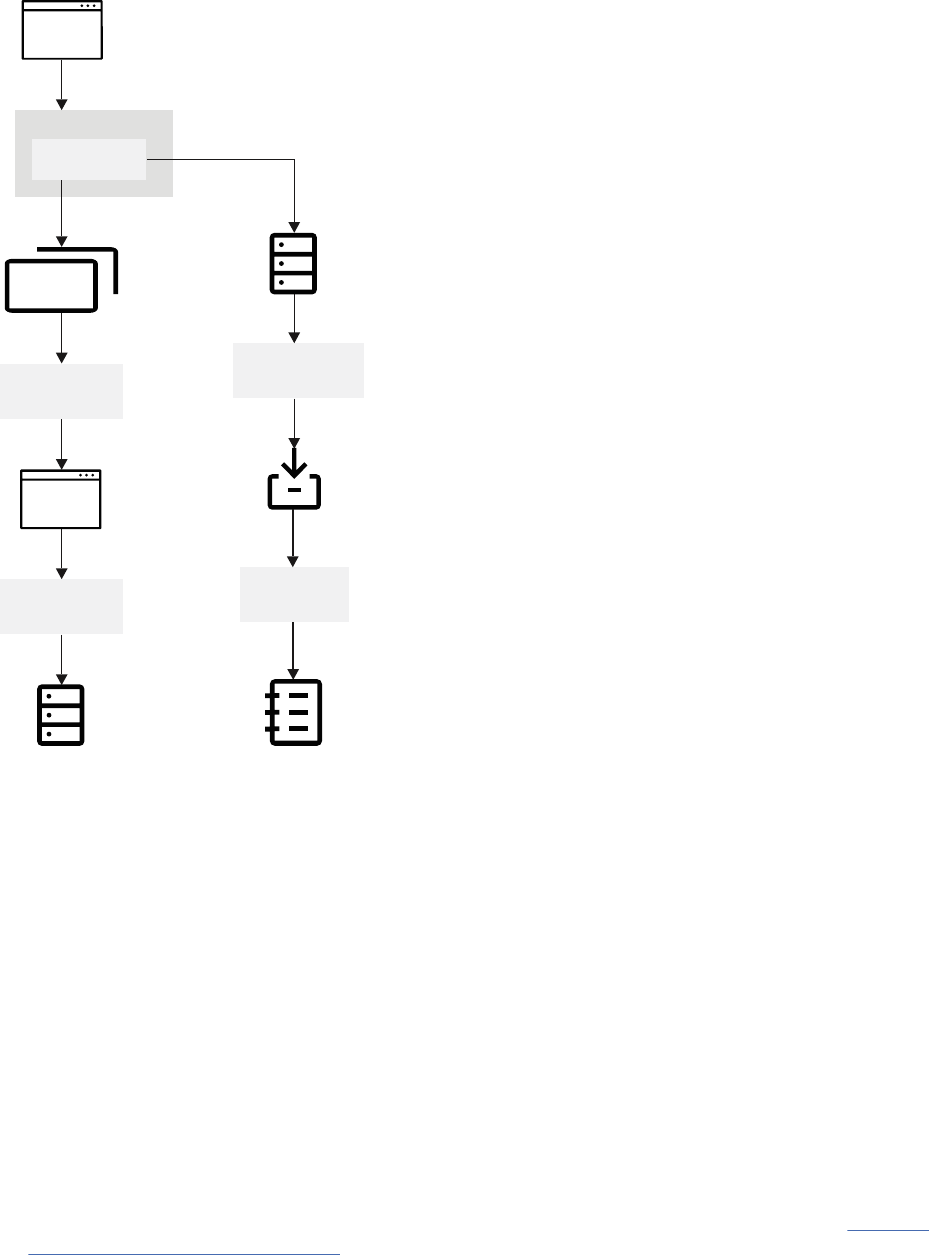
Source
program
Precompile
Modified
source
DBRM
Compile or
assemble
Object
program
Link edit
Load
module
Bind package
Package
Bind plan
Plan
Precompiler
Figure 45. Program preparation with the Db2 precompiler
Before you run the Db2 precompiler, use DCLGEN to obtain accurate SQL DECLARE TABLE statements.
Db2 precompiler checks table and column references against SQL DECLARE TABLE statements in the
program, not the actual tables and columns.
Db2 does not need to be active when you precompile your program.
You do not need to precompile the program on the same Db2 subsystem on which you bind the DBRM and
run the program. You can bind a DBRM and run it on a Db2 subsystem at the previous release level, if the
original program does not use any properties of Db2 that are unique to the current release. You can also
run applications on the current release that were previously bound on subsystems at the previous release
level.
Procedure
To process SQL statements by using the Db2 precompiler:
1. Ensure that your program is ready to be processed by the Db2 precompiler by performing the following
actions.
For information about the criteria for programs that are passed to the Db2 precompiler, see “Input to
the Db2 precompiler” on page 857.
2. If you plan to run multiple precompilation jobs and are not using the DFSMSdfp partitioned data
set extended (PDSE), change the Db2 language preparation procedures (DSNHCOB, DSNHCOB2,
DSNHICOB, DSNHFOR, DSNHC, DSNHPLI, DSNHASM, DSNHSQL) to specify the DISP=OLD parameter
instead of the DISP=SHR parameter.
854
Db2 12 for z/OS: Application Programming and SQL Guide (Last updated: 2024-07-30)

The Db2 language preparation procedures in job DSNTIJMV use the DISP=OLD parameter to enforce
data integrity. However, the installation process converts the DISP=OLD parameter for the DBRM
library data set to DISP=SHR, which can cause data integrity problems when you run multiple
precompilation jobs.
3. Start the precompile process by using one of the following methods:
• DB2I panels. Use the Precompile panel or the Db2 Program Preparation panels. For details, see
“DB2I panels that are used for program preparation” on page 912.
• The DSNH command procedure (a TSO CLIST). For details, see DSNH command procedure (TSO
CLIST) (Db2 Commands).
• JCL procedures that are supplied with Db2. For details, see “Db2-supplied JCL procedures for
preparing an application” on page 909.
Recommendation: Specify the SOURCE and XREF precompiler options to get complete diagnostic
output from the Db2 precompiler. This output is useful if you need to precompile and compile program
source statements several times before they are error-free and ready to link-edit.
Results
The main output from the Db2 precompiler is a database request module (DBRM). However, the Db2
precompiler also produces modied source statements, a list of source statements, a list of statements
that refer to host names and columns, and diagnostics. For more information, see “Output from the Db2
precompiler” on page 859.
What to do next
Preparing a program with object-oriented extensions by using JCL
If your C++ or Enterprise COBOL for z/OS program satises both of these conditions, you need special
JCL to prepare it:
• The program consists of more than one data set or member.
• More than one data set or member contains SQL statements.
You must precompile the contents of each data set or member separately, but the prelinker must
receive all of the compiler output together.
JCL procedure DSNHCPP2, which is in member DSNTIJMV of data set DSN1210.SDSNSAMP, shows
you one way to do this for C++.
Precompiling a batch program
When you add SQL statements to an application program, you must precompile the application
program and bind the resulting DBRM into a package, as described in Chapter 9, “Preparing an
application to run on Db2 for z/OS,” on page 843.
Related concepts
DCLGEN (declarations generator)
Your program should declare the tables and views that it accesses. The Db2 declarations generator,
DCLGEN, produces these DECLARE statements for C, COBOL, and PL/I programs, so that you do not need
to code the statements yourself. DCLGEN also generates corresponding host variable structures.
Output from the Db2 precompiler
The main output from the Db2 precompiler is a database request module (DBRM). However, the Db2
precompiler also produces modied source statements, a list of source statements, a list of statements
that refer to host names and columns, and diagnostics.
Related reference
DSNH command procedure (TSO CLIST) (Db2 Commands)
Chapter 9. Preparing an application to run on Db2 for z/OS
855
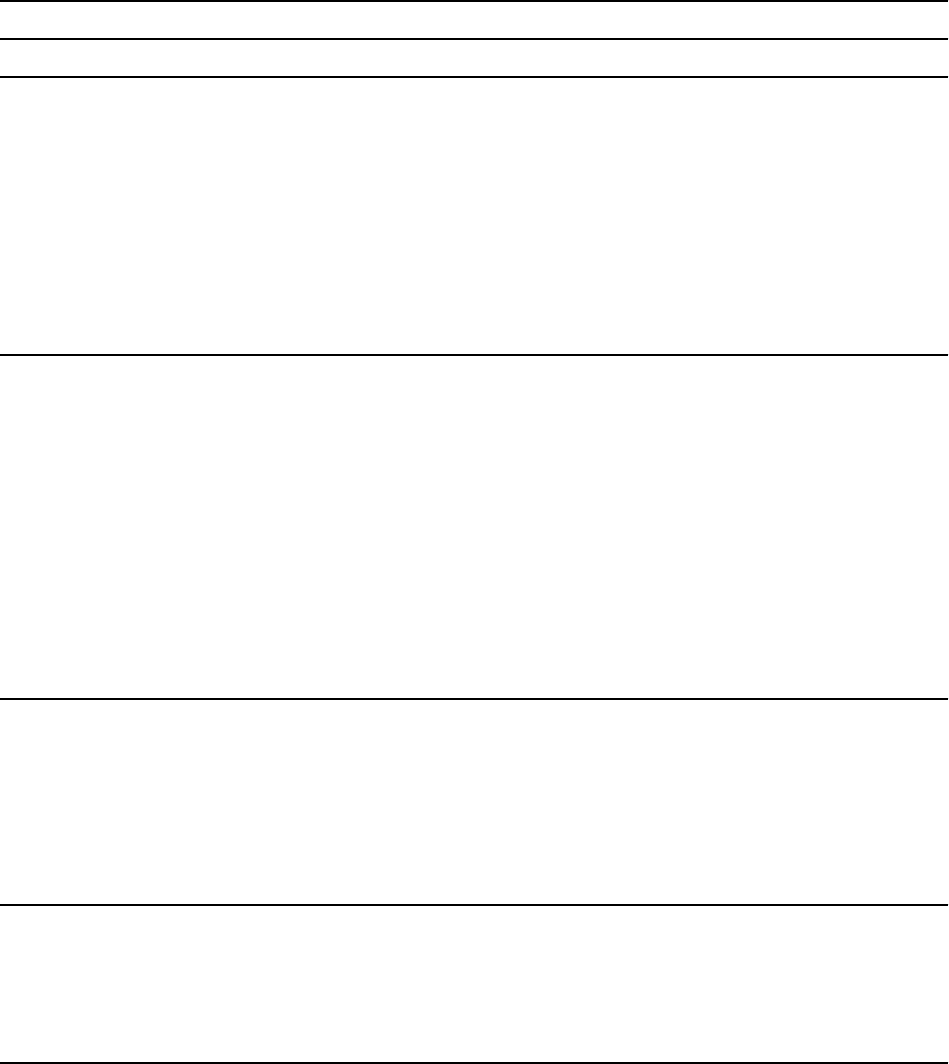
Data sets that the precompiler uses
When you invoke the precompiler you need to provide data sets that contain input for the precompiler,
such as the host programming statements and SQL statements. You also need to provide data sets where
the precompiler can store its output, such as the modied source code and diagnostics messages.
Table 140. DD statements and data sets that the Db2 precompiler uses
DD statement Data set description Required?
DBRMLIB Output data set, which contains the SQL
statements and host variable information that
the Db2 precompiler extracted from the source
program. It is called Database Request Module
(DBRM). This data set becomes the input to the
Db2 bind process. The DCB attributes of the
data set are RECFM FB, LRECL 80. DBRMLIB
has to be a PDS and a member name must be
specied. You can use IEBCOPY, IEHPROGM,
TSO commands, COPY and DELETE, or PDS
management tools for maintaining the data set.
Yes
STEPLIB Step library for the job step. In this DD
statement, you can specify the name of
the library for the precompiler load module,
DSNHPC, and the name of the library for your
Db2 application programming defaults member,
DSNHDECP.
Recommendation: Always use the STEPLIB DD
statement to specify the library where your
Db2 DSNHDECP module resides to ensure that
the proper application defaults are used by the
Db2 precompiler. The library that contains your
Db2 DSNHDECP module needs to be allocated
ahead of the prex.SDSNLOAD library.
No, but recommended
SYSCIN Output data set, which contains the modied
source that the Db2 precompiler writes out.
This data set becomes the input data set to
the compiler or assembler. This data set must
have attributes RECFM F or FB, and LRECL 80.
SYSCIN can be a PDS or a sequential data set.
If a PDS is used, the member name must be
specied.
Yes
SYSIN Input data set, which contains statements in
the host programming language and embedded
SQL statements. This data set must have the
attributes RECFM F or FB, LRECL 80. SYSIN can
be a PDS or a sequential data set. If a PDS is
used, the member name must be specied.
Yes
856Db2 12 for z/OS: Application Programming and SQL Guide (Last updated: 2024-07-30)

Table 140. DD statements and data sets that the Db2 precompiler uses (continued)
DD statement Data set description Required?
SYSLIB INCLUDE library, which contains additional
SQL and host language statements. The
Db2 precompiler includes the member or
members that are referenced by SQL INCLUDE
statements in the SYSIN input from this DD
statement. Multiple data sets can be specied,
but they must be partitioned data sets with
attributes RECFM F or FB, LRECL 80. SQL
INCLUDE statements cannot be nested.
No
SYSPRINT Output data set, which contains the output
listing from the Db2 precompiler. This data set
must have an LRECL of 133 and a RECFM of
FBA. SYSPRINT must be a sequential data set
Yes
SYSTERM Terminal output le, which contains diagnostic
messages from the Db2 precompiler. The DCB
attributes of the data set are determined by the
z/OS system. SYSTERM must be a sequential
data set.
No
SYSUT1 and SYSUT2 Internal work les that the precompiler uses
to store temporary information as it converts
embedded SQL statements to host language
statements. Precompilation of assembler and
PL/I source code uses only the SYSUT1 data
set. The default SPACE parameter values in the
Db2-supplied program preparation procedures
(DSNHASM, DSNHC, DSNHCPP, DSNHCPP2,
DSNHICOB, DSNHPLI, and DSNHFOR) are
adequate in most cases. If your application
program contains a large number of embedded
SQL statements, you might need to increase
those values.
No, unless you need
to override the default
SPACE parameter values.
Related reference
SPACE Parameter (MVS JCL Reference)
Input to the Db2 precompiler
The primary input for the precompiler consists of statements in the host programming language and
embedded SQL statements.
You can use the SQL INCLUDE statement to get secondary input from the include library, SYSLIB. The
SQL INCLUDE statement reads input from the specied member of SYSLIB until it reaches the end of the
member.
Another preprocessor, such as the PL/I macro preprocessor, can generate source statements for the
precompiler. Any preprocessor that runs before the precompiler must be able to pass on SQL statements.
Similarly, other preprocessors can process the source code, after you precompile and before you compile
or assemble.
Input to the Db2 precompiler has the following restrictions:
• The size of a source program that Db2 can precompile is limited by the region size and the virtual
memory available to the precompiler. These amounts vary with each system installation.
Chapter 9. Preparing an application to run on Db2 for z/OS
857
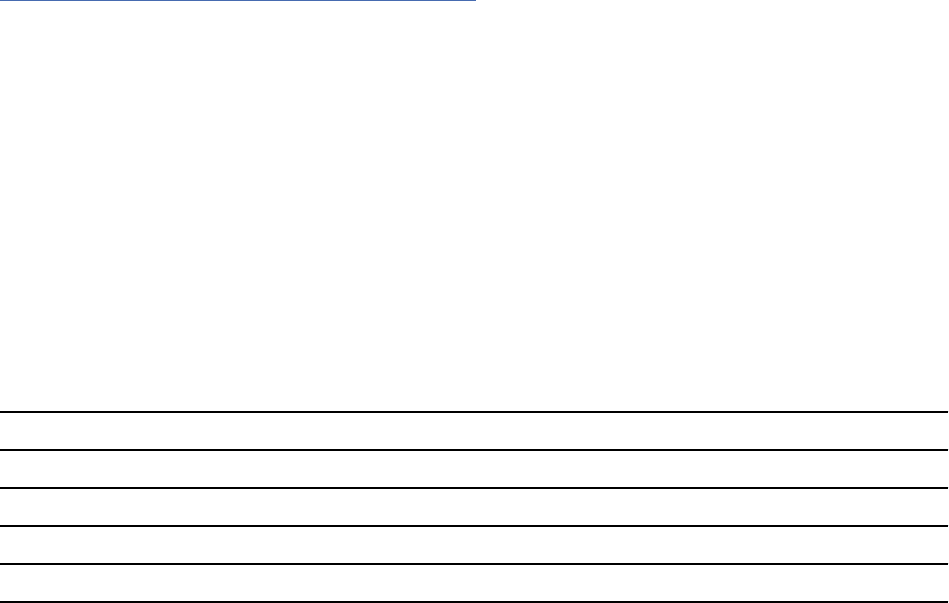
• The forms of source statements that can pass through the precompiler are limited. For example,
constants, comments, and other source syntax that are not accepted by the host compilers (such as
a missing right brace in C) can interfere with precompiler source scanning and cause errors. To check
for such unacceptable source statements, run the host compiler before the precompiler. You can ignore
the compiler error messages for SQL statements or comment out the SQL statements. After the source
statements are free of unacceptable compiler errors, you can then uncomment any SQL statements that
you previously commented out and continue with the normal Db2 program preparation process for that
host language.
• You must write host language statements and SQL statements using the same margins, as specied in
the precompiler option MARGINS.
• The input data set, SYSIN, must have the attributes RECFM F or FB, LRECL 80.
• SYSLIB must be a partitioned data set, with attributes RECFM F or FB, LRECL 80.
• Input from the INCLUDE library cannot contain other precompiler INCLUDE statements.
Starting the precompiler dynamically when using JCL procedures
You can call the precompiler from an assembler program by using a macro.
About this task
You can call the precompiler from an assembler program by using one of the macro instructions ATTACH,
CALL, LINK, or XCTL.
To call the precompiler, specify DSNHPC as the entry point name. You can pass three address options to
the precompiler; the following topics describe their formats. The options are addresses of:
• A precompiler option list
• A list of alternative DD names for the data sets that the precompiler uses
• A page number to use for the rst page of the compiler listing on SYSPRINT
Related reference
Using X-macros (MVS Assembler Services Reference)
Precompiler option list format
When you call the precompiler, you can specify a number of options, in a list, for SQL statement
processing. You must specify that option list in a particular format.
The option list must begin on a 2-byte boundary. The rst 2 bytes contain a binary count of the number
of bytes in the list (excluding the count eld). The remainder of the list is EBCDIC and can contain
precompiler option keywords, separated by one or more blanks, a comma, or both.
DD name list format
When you call the precompiler, you can specify a list of alternative DD names for the data sets that the
precompiler uses. You must specify this list in a particular format.
The DD name list must begin on a 2-byte boundary. The rst 2 bytes contain a binary count of the number
of bytes in the list (excluding the count eld). Each entry in the list is an 8-byte eld, left-justied, and
padded with blanks if needed.
The following table gives the following sequence of entries:
Table 141. DDNAME list entries
Entry Standard ddname Usage
1 Not applicable
2 Not applicable
3 Not applicable
858Db2 12 for z/OS: Application Programming and SQL Guide (Last updated: 2024-07-30)

Table 141. DDNAME list entries (continued)
Entry Standard ddname Usage
4 SYSLIB Library input
5 SYSIN Source input
6 SYSPRINT Diagnostic listing
7 Not applicable
8 SYSUT1 Work data
9 SYSUT2 Work data
10 Not applicable
11 Not applicable
12 SYSTERM Diagnostic listing
13 Not applicable
14 SYSCIN Changed source output
15 Not applicable
16 DBRMLIB DBRM output
Page number format
When you call the precompiler, you can specify a page number to use for the rst page of the compiler
listing on SYSPRINT. You must specify this page number in a particular format.
A 6-byte eld beginning on a 2-byte boundary contains the page number. The rst 2 bytes must contain
the binary value 4 (the length of the remainder of the eld). The last 4 bytes contain the page number in
character or zoned-decimal format.
The precompiler adds 1 to the last page number that is used in the precompiler listing and puts this value
into the page-number eld before returning control to the calling routine. Thus, if you call the precompiler
again, page numbering is continuous.
Output from the Db2 precompiler
The main output from the Db2 precompiler is a database request module (DBRM). However, the Db2
precompiler also produces modied source statements, a list of source statements, a list of statements
that refer to host names and columns, and diagnostics.
Tip: The Db2 coprocessor is the recommended method for processing SQL statements in application
programs. Compared to the Db2 precompiler, the Db2 coprocessor has fewer restrictions on SQL
programs, and more fully supports the latest SQL and programming language enhancements. See
“Processing SQL statements by using the Db2 coprocessor” on page 849
.
Specically, the Db2 coprocessor or Db2 precompiler produces the following types of output:
Listing output
The Db2 precompiler writes the following information in the SYSPRINT data set:
• Precompiler source listing
If the Db2 precompiler option SOURCE is specied, a source listing is produced. The source listing
includes precompiler source statements, with line numbers that are assigned by the precompiler.
• Precompiler diagnostics
The precompiler produces diagnostic messages that include precompiler line numbers of
statements that have errors.
Chapter 9. Preparing an application to run on Db2 for z/OS
859

• Precompiler cross-reference listing
If the Db2 precompiler option XREF is specied, a cross-reference listing is produced. The cross-
reference listing shows the precompiler line numbers of SQL statements that refer to host names
and columns.
The SYSPRINT data set has an LRECL of 133 and a RECFM of FBA. This data set uses the CCSID of
the source program. Statement numbers in the output of the precompiler listing are displayed as they
appear in the listing.
Terminal diagnostics
If a terminal output le, SYSTERM, exists, the Db2 precompiler writes diagnostic messages to it.
A portion of the source statement accompanies the messages in this le. You can often use the
SYSTERM le instead of the SYSPRINT le to nd errors. This data set uses EBCDIC.
Modied source statements
The Db2 precompiler writes the source statements that it processes to SYSCIN, the input data set
to the compiler or assembler. This data set must have attributes RECFM F or FB, and LRECL 80. The
modied source code contains calls to the Db2 language interface. The SQL statements that the calls
replace appear as comments. This data set uses the CCSID of the source program.
Database request modules
The database request module (DBRM) is a data set that contains the SQL statements and host
variable information that is extracted from the source program, along with information that identies
the program and ties the DBRM to the translated source statements. It becomes the input to the bind
process.
The data set requires space to hold all the SQL statements plus space for each host variable name and
some header information. The header information alone requires approximately two records for each
DBRM, 20 bytes for each SQL record, and 6 bytes for each host variable.
For an exact format of the DBRM, see the DBRM mapping macros, DSNXDBRM and DSNXNBRM,
in library prex.SDSNMACS. The DCB attributes of the data set are RECFM FB, LRECL 80. The
precompiler sets the characteristics. You can use IEBCOPY, IEHPROGM, TSOCOPY and DELETE
commands, or other PDS management tools for maintaining these data sets.
Important: Do not modify the contents of the DBRM. If you do, unpredictable results can occur. Db2
does not support modied DBRMs.
In a DBRM, the SQL statements and the list of host variable names use the UTF-8 character encoding
scheme.
All other character elds in a DBRM use EBCDIC. The current release marker (DBRMMRIC) in the
header of a DBRM is marked according to the release of the precompiler, regardless of the value of
NEWFUN.
Related tasks
Processing SQL statements by using the Db2 coprocessor
You can use the Db2 coprocessor for processing SQL statements at compile time. With the Db2
coprocessor, the compiler scans a program and copies all of the SQL statements and host variable
information into a database request module (DBRM). The Db2 coprocessor is the recommended method
for processing SQL statements in application programs. Compared to the Db2 precompiler, the Db2
coprocessor has fewer restrictions on SQL programs, and more fully supports the latest SQL and
programming language enhancements.
Processing SQL statements by using the Db2 precompiler
860
Db2 12 for z/OS: Application Programming and SQL Guide (Last updated: 2024-07-30)

The Db2 precompiler scans a program and copies all of the SQL statements and host variable information
into a database request module (DBRM ). The Db2 precompiler also returns source code that has been
modied so that the SQL statements do not cause errors when you compile the program.
Differences between the Db2 coprocessor and the Db2 precompiler
The Db2 coprocessor and the Db2 precompiler have architectural differences. You cannot switch from one
to the other without considering those differences and adjusting your program accordingly.
Tip: The Db2 coprocessor is the recommended method for processing SQL statements in application
programs. Compared to the Db2 precompiler, the Db2 coprocessor has fewer restrictions on SQL
programs, and more fully supports the latest SQL and programming language enhancements. See
“Processing SQL statements by using the Db2 coprocessor” on page 849
.
Recommendation: Use the Db2 coprocessor instead of the precompiler when using Unicode variables in
COBOL or PL/I applications.
Depending on whether you use the Db2 coprocessor which is recommended in most cases, or the Db2
precompiler, ensure that you account for the following differences:
• Differences in handling source CCSIDs:
The Db2 coprocessor and Db2 precompiler both convert the SQL statements of your source program to
UTF-8 for parsing.
The Db2 coprocessor or Db2 precompiler uses the source CCSID(n) value to convert from that CCSID
to CCSID 1208 (UTF-8). The CCSID value must be an EBCDIC CCSID. If you want to prepare a source
program that is written in a CCSID that cannot be directly converted to or from CCSID 1208, you must
create an indirect conversion.
• Differences in handling host variable CCSIDs:
– COBOL:
Db2 coprocessor
The COBOL compiler with National Character Support always sets CCSIDs for alphanumeric
variables, including host variables that are used within SQL, to the source CCSID. Alternatively,
you can specify that you want the COBOL Db2 coprocessor to handle CCSIDs the same way as the
Db2 precompiler.
Db2 precompiler:
The Db2 precompiler sets CCSIDs for alphanumeric host variables only when the program
includes an explicit DECLARE :hv VARIABLE statement.
Recommendation: If you have problems with host variable CCSIDs, change your application to
include the DECLARE :hv VARIABLE statement to overwrite the CCSID that is specied by the COBOL
compiler, or use the Db2 precompiler.
For example, assume that Db2 has mapped a FOR BIT DATA column to a host variable in the following
way:
01 hv1 pic x(5).
01 hv2 pic x(5).
EXEC SQL CREATE TABLE T1 (colwbit char(5) for bit data,
rowid char(5)) END-EXEC.
EXEC SQL
INSERT INTO T1 VALUES (:hv1, :hv2)
END-EXEC.
Db2 coprocessor: In the modied source from the Db2 coprocessor with the National Character
Support for COBOL, hv1 and hv2 are represented to Db2 in the following way, with CCSIDs: (Assume
that the source CCSID is 1140.)
for hv1 and hv2, the value for CCSID is set to '1140' ('474'x) in input SQLDA
of the INSERT statement.
Chapter 9. Preparing an application to run on Db2 for z/OS
861
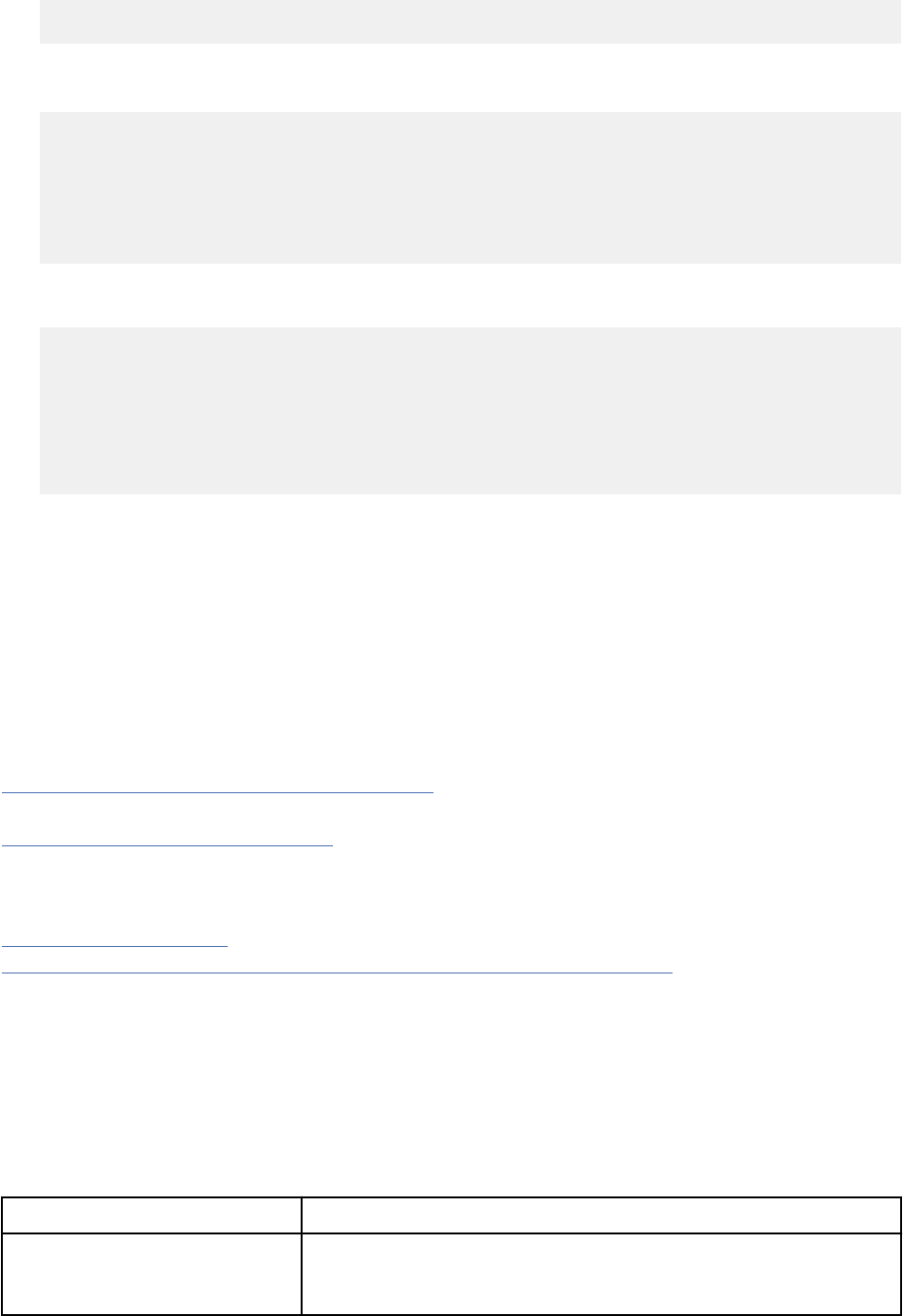
'7F00000474000000007F'x
To ensure that no discrepancy exists between the column with FOR BIT DATA and the host variable
with CCSID 1140, add the following statement for :hv1 or use the Db2 precompiler:
EXEC SQL DECLARE : hv1 VARIABLE FOR BIT DATA END-EXEC.
for hv1 declared with for bit data. The value in SQL---AVAR-NAME-DATA is
set to 'FFFF'x for CCSID instead of '474x'.
'7F0000FFFF000000007F'x <<= with DECLARE :hv1 VARIABLE FOR BIT DATA
vs.
'7F00000474000000007F'x <<= without
Db2 precompiler: In the modied source from the Db2 precompiler, hv1 and hv2 are represented to
Db2 through SQLDA in the following way, without CCSIDs:
for hv1: NO CCSID
20 SQL-PVAR-NAMEL1 PIC S9(4) COMP-4 VALUE +0.
20 SQL-PVAR-NAMEC1 PIC X(30) VALUE ' '.
for hv2: NO CCSID
20 SQL-PVAR-NAMEL2 PIC S9(4) COMP-4 VALUE +0.
20 SQL-PVAR-NAMEC2 PIC X(30) VALUE ' '
– PL/I
Db2 coprocessor:
You can specify whether CCSIDs are to be associated with host variables by using the following
PL/I SQL preprocessor options:
CCSID0
Species that the PL/I SQL preprocessor is not to set the CCSIDs for all host variables unless
they are dened with the SQL DECLARE :hv VARIABLE statement.
NOCCSID0
Species that the PL/I SQL preprocessor is to set the CCSIDs for all host variables.
Related concepts
z/OS Unicode Services User’s Guide and Reference
Related reference
Descriptions of SQL processing options
You can specify any SQL processing options regardless of whether you use the Db2 precompiler or the
Db2 coprocessor. However, the Db2 coprocessor might ignore certain options because host language
compiler options exist that provide the same information.
Enterprise COBOL for z/OS
SQL preprocessor options (PL/I) (Enterprise PL/I for z/OS Programming Guide:)
Translating command-level statements in a CICS program
You can translate CICS applications with the CICS command language translator as a part of the program
preparation process. CICS command language translators are available only for assembler, C, COBOL, and
PL/I languages.
Procedure
Prepare your CICS program in either of these sequences:
Sequence
Remarks
a. Db2 precompiler
This sequence is the preferred method of program preparation
and the one that the DB2I Program Preparation panels support. If
you use the DB2I panels for program preparation, you can specify
862Db2 12 for z/OS: Application Programming and SQL Guide (Last updated: 2024-07-30)

Sequence Remarks
b. CICS Command Language
Translator.
translator options automatically, rather than needing to provide a
separate option string.
a. CICS command language
translator
b. Db2 precompiler
This sequence results in a warning message from the CICS translator
for each EXEC SQL statement that it encounters. The warning
messages have no effect on the result. If you are using double-
byte character sets (DBCS), precompiling is recommended before
translating, as described previously.
Use the Db2 precompiler before the CICS translator to prevent the precompiler from mistaking CICS
translator output for graphic data.
If your source program is in COBOL, you must specify a string delimiter that is the same for the Db2
precompiler, COBOL compiler, and CICS translator. The defaults for the Db2 precompiler and COBOL
compiler are not compatible with the default for the CICS translator.
If the SQL statements in your source program refer to host variables that a pointer stored in the
CICS TWA addresses, you must make the host variables addressable to the TWA before you execute
those statements. For example, a COBOL application can issue the following statement to establish
addressability to the TWA:
EXEC CICS ADDRESS
TWA (address-of-twa-area)
END-EXEC
You can run CICS applications only from CICS address spaces. This restriction applies to the RUN option
on the second program DSN command processor. All of those possibilities occur in TSO.
To prepare an application program, you can append JCL from a job that is created by the Db2 Program
Preparation panels to the JCL for the CICS command language translator. To run the prepared program
under CICS, you might need to dene programs and transactions to CICS. Your system programmer must
make the appropriate CICS resource or table entries.
prex.SDSNSAMP contains examples of the JCL that is used to prepare and run a CICS program that
includes SQL statements. The set of JCL includes:
• PL/I macro phase
• Db2 precompiling
• CICS Command Language Translation
• Compiling of the host language source statements
• Link-editing of the compiler output
• Binding of the DBRM
• Running of the prepared application.
Related reference
Sample applications in CICS
A set of Db2 sample applications run in the CICS environment.
Related information
Resource denition (CICS Transaction Server for z/OS)
Options for SQL statement processing
Use SQL processing options to specify how the Db2 precompiler and the Db2 coprocessor interpret and
process input, and how they present output.
Tip: The Db2 coprocessor is the recommended method for processing SQL statements in application
programs. Compared to the Db2 precompiler, the Db2 coprocessor has fewer restrictions on SQL
Chapter 9. Preparing an application to run on Db2 for z/OS
863

programs, and more fully supports the latest SQL and programming language enhancements. See
“Processing SQL statements by using the Db2 coprocessor” on page 849.
Db2 coprocessor
If you are using the Db2 coprocessor, specify SQL processing options in one of the following ways:
• For C or C++, specify the options as the argument of the SQL compiler option.
• For COBOL, specify the options as the argument of the SQL compiler option.
• For PL/I, specify the options as the argument of the PP(SQL('option,...')) compiler option.
For examples of how to specify the Db2 coprocessoroptions, see “Processing SQL statements by using
the Db2 coprocessor” on page 849
Db2 precompiler
If you are using the Db2 precompiler, specify SQL processing options in one of the following ways:
• With DSNH operands
• With the PARM option of the EXEC JCL statement
• On DB2I panels
Db2 assigns default values for any SQL processing options for which you do not explicitly specify a
value. Those defaults are the values that are specied on the APPLICATION PROGRAMMING DEFAULTS
installation panels.
Descriptions of SQL processing options
You can specify any SQL processing options regardless of whether you use the Db2 precompiler or the
Db2 coprocessor. However, the Db2 coprocessor might ignore certain options because host language
compiler options exist that provide the same information.
The following table shows the options that you can specify when you use the Db2 precompiler or Db2
coprocessor. The table also includes abbreviations for those options and indicates which options are
ignored for a particular host language or by the Db2 coprocessor. This table uses a vertical bar (|) to
separate mutually exclusive options, and brackets ([]) to indicate that you can sometimes omit the
enclosed option.
Table 142. SQL processing options
Option keyword Meaning
APOST
1
Indicates that the Db2 precompiler is to use the apostrophe (') as the string
delimiter in host language statements that it generates.
This option is not available in all languages.
APOST and QUOTE are mutually exclusive options. The default is in the
eld STRING DELIMITER on Application Programming Defaults Panel 1 during
installation. If STRING DELIMITER is the apostrophe ('), APOST is the default.
APOSTSQL Recognizes the apostrophe (') as the string delimiter and the double quotation
mark (") as the SQL escape character within SQL statements.
APOSTSQL and QUOTESQL are mutually exclusive options. The default is in the
eld SQL STRING DELIMITER on Application Programming Defaults Panel 1
during installation. If SQL STRING DELIMITER is the apostrophe ('), APOSTSQL is
the default.
864Db2 12 for z/OS: Application Programming and SQL Guide (Last updated: 2024-07-30)

Table 142. SQL processing options (continued)
Option keyword Meaning
ATTACH(TSO|CAF| RRSAF|
ULI)
Species the attachment facility that the application uses to access Db2 TSO,
CAF, RRSAF, or DSNULI applications that load the attachment facility can use
this option to specify the correct attachment facility, instead of coding a dummy
DSNHLI entry point.
You can specify ATTACH(ULI) only when you use the Db2 coprocessor.
This option is not available for Fortran applications.
The default is ATTACH(TSO).
CCSID(n)
Species the numeric value n of the CCSID in which the source program is
written. The number n must be an EBCDIC CCSID.
The default setting is the EBCDIC system CCSID as specied on the panel
DSNTIPF during installation.
The Db2 coprocessor uses the following process to determine the CCSID of the
source statements:
1. If the CCSID of the source program is specied by a compiler option, such
as the COBOL CODEPAGE compiler option, the Db2 coprocessor uses that
CCSID. If you also specify the CCSID suboption of the SQL compiler option
that is different from the CCSID compiler option, a warning is returned, and
the CCSID suboption value is not used.
2. If the CCSID is not specied by a compiler option:
a. If the CCSID suboption of the SQL compiler option is specied and
contains a valid EBCDIC CCSID, that CCSID is used.
b. If the CCSID suboption of the SQL compiler option is not specied, and the
compiler supports an option for specifying the CCSID, such as the COBOL
CODEPAGE compiler option, the default for the CCSID compiler option is
used.
c. If the CCSID suboption of the SQL compiler option is not specied, and the
compiler does not support an option for specifying the CCSID, the default
CCSID from DSNHDECP or a user-specied application defaults module is
used.
d. If the CCSID suboption of the SQL option is specied and contains an
invalid CCSID, compilation terminates.
CCSID supersedes the GRAPHIC and NOGRAPHIC SQL processing options.
If you specify CCSID(1026) or CCSID(1155), the Db2 coprocessor does not
support the code point 'FC'X for the double quotation mark (").
COMMA
Recognizes the comma (,) as the decimal point indicator in decimal or floating
point literals in the following cases:
• For static SQL statements in COBOL programs
• For dynamic SQL statements, when the value of installation parameter
DYNRULS is NO and the package or plan that contains the SQL statements
has DYNAMICRULES bind, dene, or invoke behavior.
COMMA and PERIOD are mutually exclusive options. The default (COMMA or
PERIOD) is chosen under DECIMAL POINT IS on Application Programming
Defaults Panel 1 during installation.
Chapter 9. Preparing an application to run on Db2 for z/OS865
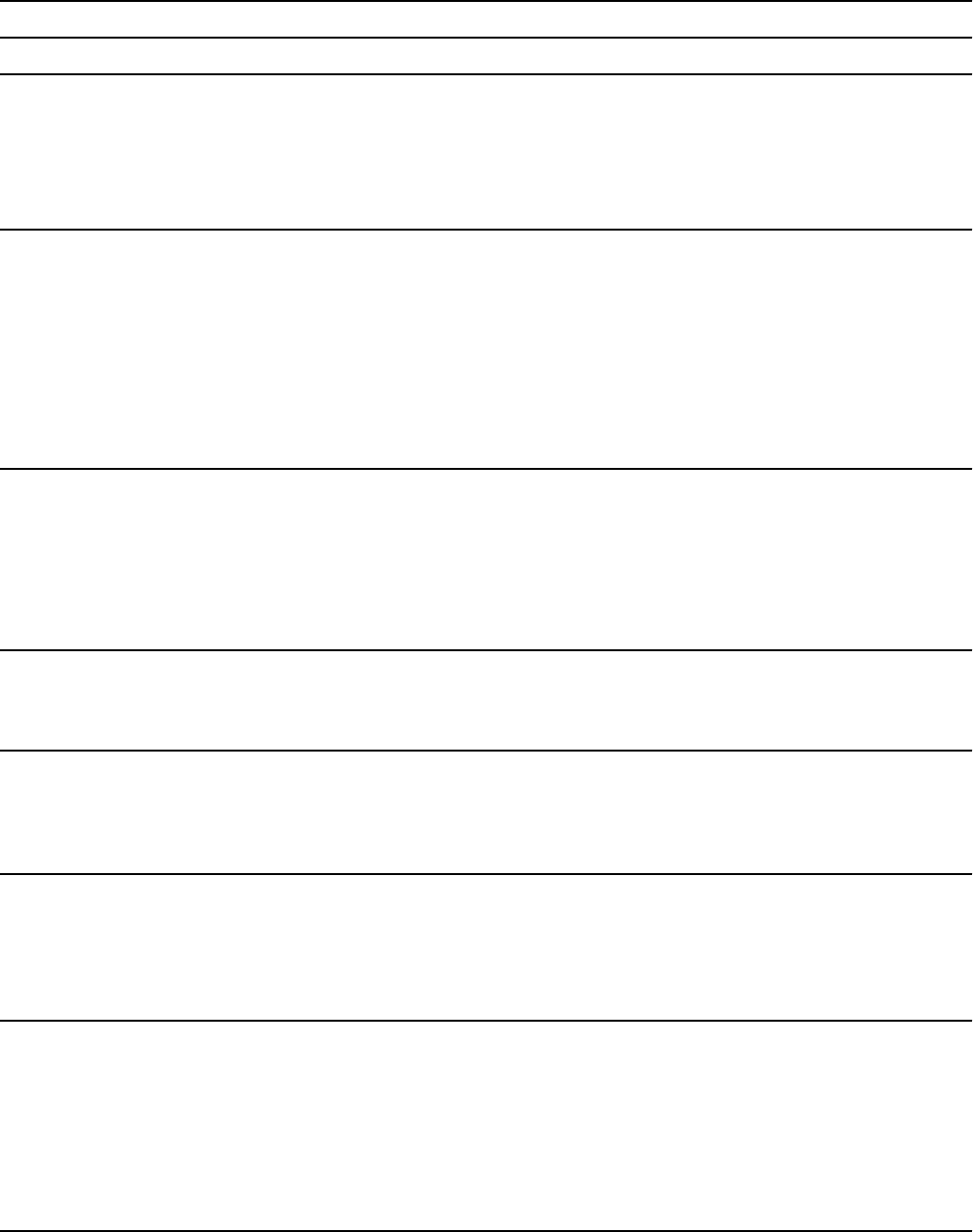
Table 142. SQL processing options (continued)
Option keyword Meaning
CONNECT(2|1)
CT(2|1)
Determines whether to apply type 1 or type 2 CONNECT statement rules.
CONNECT(2) Default: Apply rules for the CONNECT (Type 2) statement
CONNECT(1) Apply rules for the CONNECT (Type 1) statement
If you do not specify the CONNECT option when you precompile a program, the
rules of the CONNECT (Type 2) statement apply.
DATE(ISO|USA |EUR|JIS|
LOCAL)
Species that date output should always be returned in a particular format,
regardless of the format that is specied as the location default.
The default is specied in the eld DATE FORMAT on Application Programming
Defaults Panel 2 during installation.
The default format is determined by the installation defaults of the system where
the program is bound, not by the installation defaults of the system where the
program is precompiled.
You cannot use the LOCAL option unless you have a date exit routine.
DEC(15|31)
DEC15 | DEC31
D15.s | D31.s
Species the maximum precision for decimal arithmetic operations.
The default is in the eld DECIMAL ARITHMETIC on Application Programming
Defaults Panel 1 during installation.
If the form Dpp.s is specied, pp must be either 15 or 31, and s, which
represents the minimum scale to be used for division, must be a number
between 1 and 9.
DECP(name) name represents the 1 to 8 character name of the application defaults data-only
load module that is to be used.
The default name DSNHDECP is used if this parameter is omitted.
FLAG(I|W|E|S)
1
Suppresses diagnostic messages below the specied severity level
(Informational, Warning, Error, and Severe error for severity codes 0, 4, 8, and 12
respectively).
The default setting is FLAG(I).
FLOAT(S390|IEEE) Determines whether the contents of floating-point host variables in assembler,
C, C++, or PL/I programs are in IEEE floating-point format or z/Architecture
hexadecimal floating-point format. Db2 ignores this option if the value of HOST
is anything other than ASM, C, CPP, or PLI.
The default setting is FLOAT(S390).
GRAPHIC
This option is no longer used for SQL statement processing. Use the CCSID
option instead.
Indicates that the source code might use mixed data, and that X'0E'and X'0F' are
special control characters (shift-out and shift-in) for EBCDIC data.
GRAPHIC and NOGRAPHIC are mutually exclusive options. The default
(GRAPHIC or NOGRAPHIC) is specied in the eld MIXED DATA on Application
Programming Defaults Panel 1 during installation.
866Db2 12 for z/OS: Application Programming and SQL Guide (Last updated: 2024-07-30)
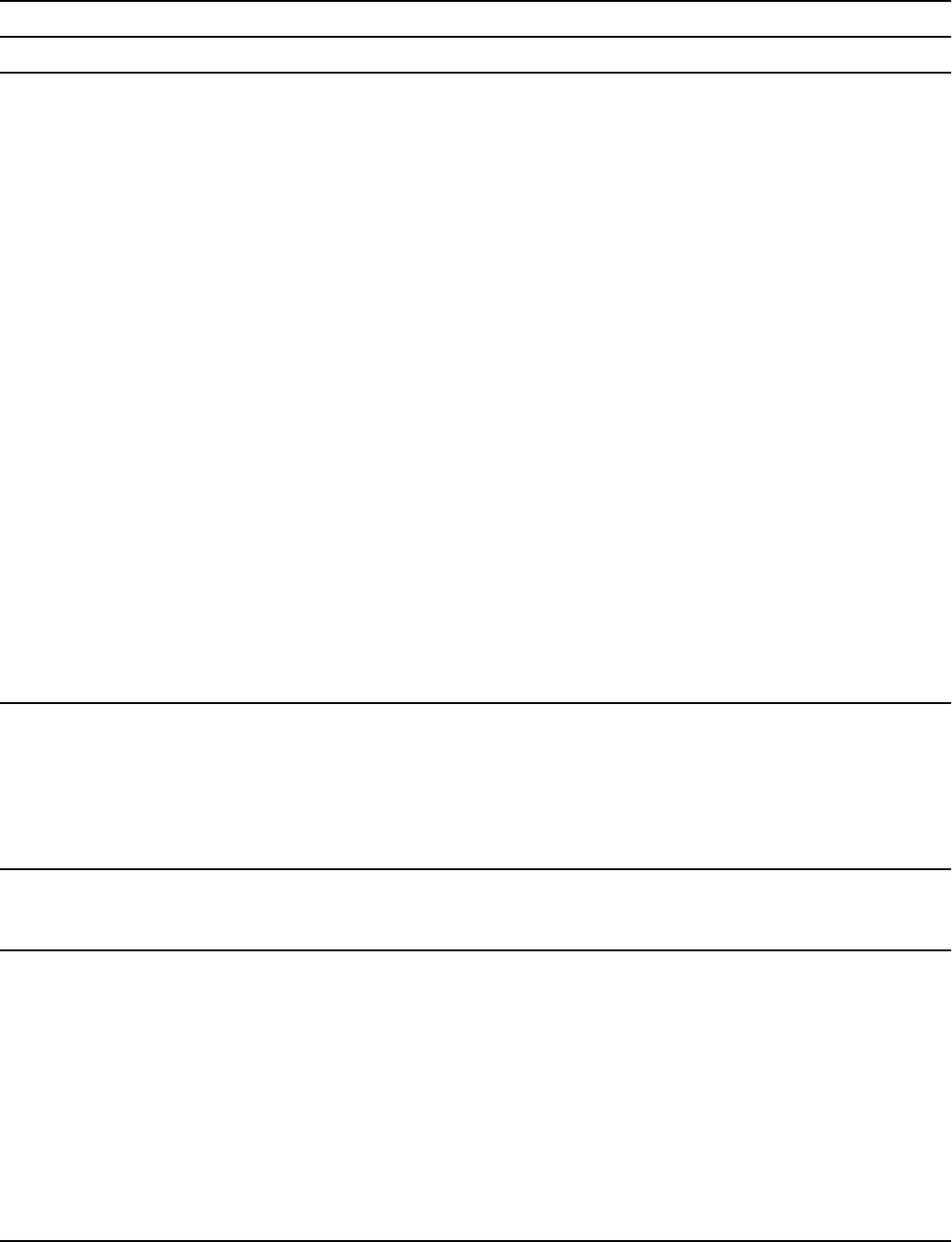
Table 142. SQL processing options (continued)
Option keyword Meaning
HOST
1
(ASM|C[(FOLD)]|
CPP[(FOLD)]|
IBMCOB|
PLI|
FORTRAN|
SQL|
SQLPL)
Denes the host language that contains the SQL statements.
Use IBMCOB for Enterprise COBOL for z/OS.
For C, specify:
• C if you do not want Db2 to fold lowercase letters in SBCS SQL ordinary
identiers to uppercase
• C(FOLD) if you want Db2 to fold lowercase letters in SBCS SQL ordinary
identiers to uppercase
For C++, specify:
• CPP if you do not want Db2 to fold lowercase letters in SBCS SQL ordinary
identiers to uppercase
• CPP(FOLD) if you want Db2 to fold lowercase letters in SBCS SQL ordinary
identiers to uppercase
For SQL procedural language, specify:
• SQL, to perform syntax checking and conversion to a generated C program for
an external SQL procedure.
• SQLPL, to perform syntax checking for a native SQL procedure.
If you omit the HOST option, the Db2 precompiler issues a level-4 diagnostic
message and uses the default value for this option.
The default is in the eld LANGUAGE DEFAULT on Application Programming
Defaults Panel 1 during installation.
This option also sets the language-dependent defaults.
LEVEL[(
aaaa)]
L
Denes the level of a module, where aaaa is any alphanumeric value of up
to seven characters. This option is not recommended for general use, and the
DSNH CLIST and the DB2I panels do not support it.
For assembler, C, C++, Fortran, and PL/I, you can omit the suboption (aaaa).
The resulting consistency token is blank. For COBOL, you need to specify the
suboption.
LINECOUNT
1
(n)
LC
Denes the number of lines per page to be n for the Db2 precompiler listing.
This includes header lines that are inserted by the Db2 precompiler. The default
setting is LINECOUNT(60).
MARGINS
1
(m,n[,c])
MAR
Species what part of each source record contains host language or
SQL statements. For assembler, this option also species where column
continuations begin. The rst option (m) is the beginning column for statements.
The second option (n) is the ending column for statements. The third option (c)
species where assembler continuations begin. Otherwise, the Db2 precompiler
places a continuation indicator in the column immediately following the ending
column. Margin values can range 1–80.
Default values depend on the HOST option that you specify.
The DSNH CLIST and the DB2I panels do not support this option. In assembler,
the margin option must agree with the ICTL instruction, if presented in the
source.
Chapter 9. Preparing an application to run on Db2 for z/OS867

Table 142. SQL processing options (continued)
Option keyword Meaning
NEWFUN(Vn)
Deprecated function: The NEWFUN processing option is deprecated. Use the
SQLLEVEL option instead.
Indicates whether to accept the function syntax that is new for Db2 12.
NEWFUN(V12)
Species that any syntax up to Db2 12 is allowed. This value is equivalent to
function level V12R1M501.
NEWFUN(V11)
Species that any syntax up to Db2 11 is allowed.
NEWFUN(V10)
Species that any syntax up to DB2 10 is allowed.
NEWFUN(V9)
Species that any syntax up to DB2 9 is allowed. DB2 9 is supported, but
causes the precompilation process to support only a DB2 9 level of function.
NEWFUN(V8)
Species that any syntax up to DB2 version 8 is allowed. V8 is supported, but
causes the precompilation process to support only a V8 level of function.
The NEWFUN option applies only to the precompilation process by either the
precompiler or the Db2 coprocessor, regardless of whether new functions are
activated on the subsystem. You are responsible for ensuring that you bind the
resulting DBRM on a subsystem in the correct migration mode.
NOFOR
In static SQL, eliminates the need for the FOR UPDATE or FOR UPDATE OF
clause in DECLARE CURSOR statements. When you use NOFOR, your program
can make positioned updates to any columns that the program has Db2 authority
to update.
When you do not use NOFOR, if you want to make positioned updates to any
columns that the program has Db2 authority to update, you need to specify FOR
UPDATE with no column list in your DECLARE CURSOR statements. The FOR
UPDATE clause with no column list applies to static or dynamic SQL statements.
Regardless of whether you use NOFOR, you can specify FOR UPDATE OF with a
column list to restrict updates to only the columns that are named in the clause,
and you can specify the acquisition of update locks.
You imply NOFOR when you use the option STDSQL(YES).
If the resulting DBRM is very large, you might need extra storage when you
specify NOFOR or use the FOR UPDATE clause with no column list.
NOGRAPHIC
This option is no longer used for SQL statement processing. Use the CCSID
option instead.
Indicates the use of X'0E'and X'0F' in a string, but not as control characters.
GRAPHIC and NOGRAPHIC are mutually exclusive options. The default
(GRAPHIC or NOGRAPHIC) is specied in the eld MIXED DATA on Application
Programming Defaults Panel 1 during installation.
The NOGRAPHIC option applies to only EBCDIC data.
NOOPTIONS
NOOPTN
Suppresses the Db2 precompiler options listing.
868Db2 12 for z/OS: Application Programming and SQL Guide (Last updated: 2024-07-30)
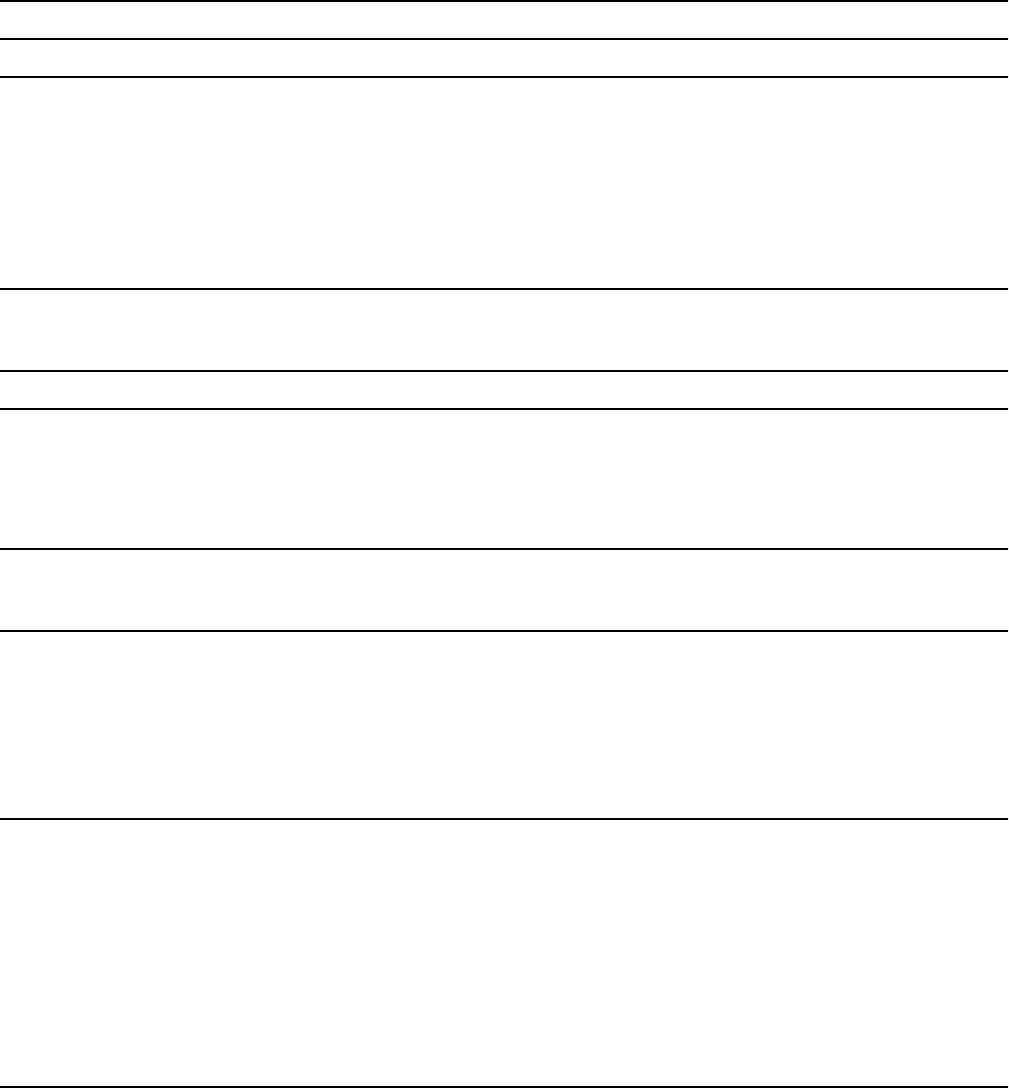
Table 142. SQL processing options (continued)
Option keyword Meaning
NOPADNTSTR Indicates that output host variables that are NUL-terminated strings are not
padded with blanks. That is, additional blanks are not inserted before the NUL-
terminator is placed at the end of the string.
PADNTSTR and NOPADNTSTR are mutually exclusive options. The default
(PADNTSTR or NOPADNTSTR) is specied in the eld PAD NUL-TERMINATED
on Application Programming Defaults Panel 2 during installation.
This option applies to only C and C++ applications.
NOSOURCE
2
NOS
Suppresses the Db2 precompiler source listing. This is the default.
NOXREF Suppresses the Db2 precompiler cross-reference listing. This is the default.
ONEPASS
ON
Processes in one pass, to avoid the additional processing time for making two
passes. Declarations must appear before SQL references.
Default values depend on the HOST option specied.
ONEPASS and TWOPASS are mutually exclusive options.
OPTIONS
1
OPTN
Lists Db2 precompiler options. This is the default.
PADNTSTR Indicates that output host variables that are NUL-terminated strings are padded
with blanks with the NUL-terminator placed at the end of the string.
PADNTSTR and NOPADNTSTR are mutually exclusive options. The default
(PADNTSTR or NOPADNTSTR) is specied in the eld PAD NUL-TERMINATED
on Application Programming Defaults Panel 2 during installation.
This option applies to only C and C++ applications.
PERIOD Recognizes the period (.) as the decimal point indicator in decimal or floating
point literals in the following cases:
• For static SQL statements in COBOL programs
• For dynamic SQL statements, when the value of installation parameter
DYNRULS is NO and the package or plan that contains the SQL statements
has DYNAMICRULES bind, dene, or invoke behavior.
COMMA and PERIOD are mutually exclusive options. The default (COMMA or
PERIOD) is specied in the eld DECIMAL POINT IS on Application Programming
Defaults Panel 1 during installation.
Chapter 9. Preparing an application to run on Db2 for z/OS869
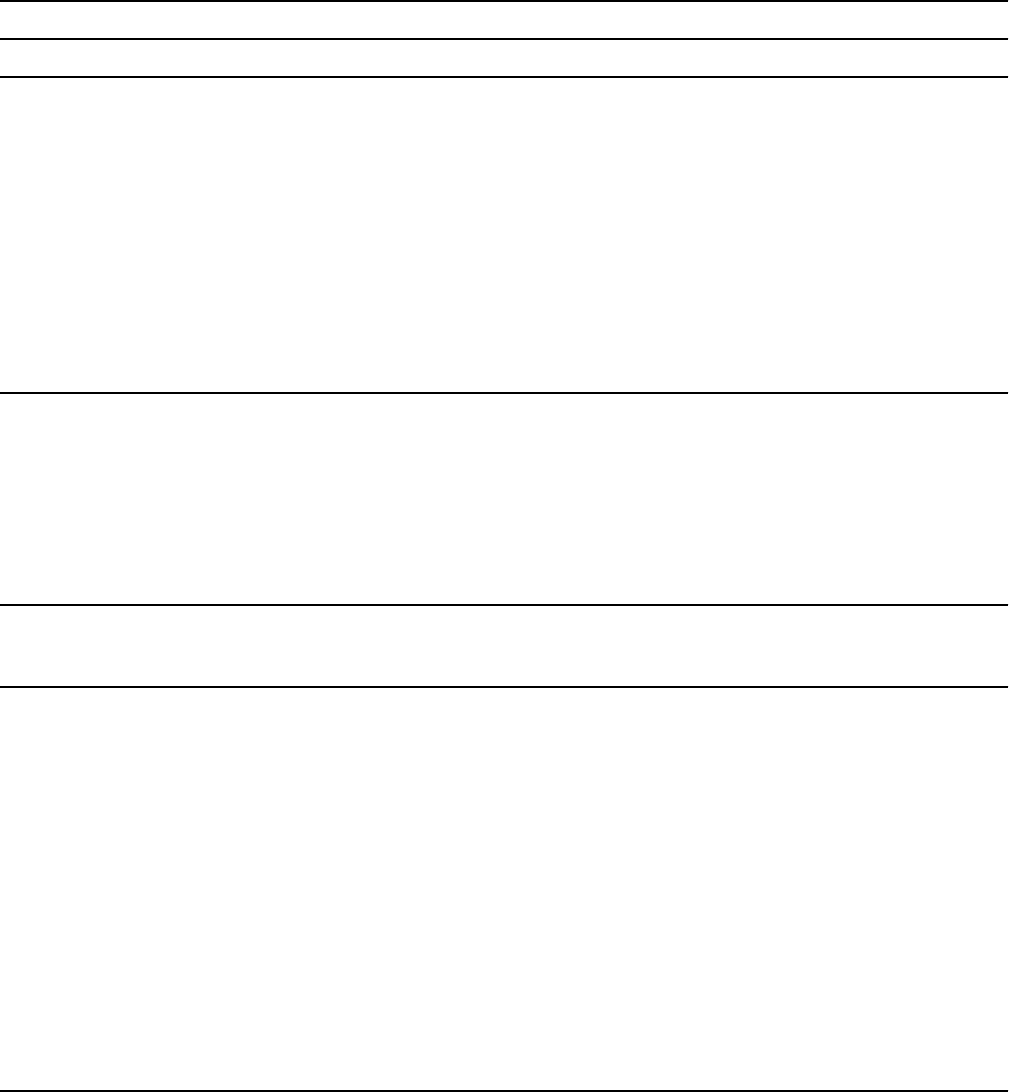
Table 142. SQL processing options (continued)
Option keyword Meaning
QUOTE
1
Q
Indicates that the Db2 precompiler is to use the quotation mark (") as the string
delimiter in host language statements that it generates.
QUOTE is valid only for COBOL applications. QUOTE is not valid for either of the
following combinations of precompiler options:
• CCSID(1026) and HOST(IBMCOB)
• CCSID(1155) and HOST(IBMCOB)
The default is specied in the eld STRING DELIMITER on Application
Programming Defaults Panel 1 during installation. If STRING DELIMITER is the
double quotation mark (") or DEFAULT, QUOTE is the default.
APOST and QUOTE are mutually exclusive options.
QUOTESQL Recognizes the double quotation mark (") as the string delimiter and the
apostrophe (') as the SQL escape character within SQL statements. This option
applies only to COBOL.
The default is specied in the eld SQL STRING DELIMITER on Application
Programming Defaults Panel 1 during installation. If SQL STRING DELIMITER is
the double quotation mark (") or DEFAULT, QUOTESQL is the default.
APOSTSQL and QUOTESQL are mutually exclusive options.
SOURCE
1
S
Lists Db2 precompiler source and diagnostics.
SQL(ALL|DB2) Indicates whether the source contains SQL statements other than those
recognized by Db2 for z/OS.
SQL(ALL) is recommended for application programs whose SQL statements must
execute on a server other that Db2 for z/OS using DRDA access. SQL(ALL)
indicates that the SQL statements in the program are not necessarily for Db2
for z/OS. Accordingly, the SQL statement processor then accepts statements
that do not conform to the Db2 syntax rules. The SQL statement processor
interprets and processes SQL statements according to distributed relational
database architecture (DRDA) rules. The SQL statement processor also issues an
informational message if the program attempts to use IBM SQL reserved words
as ordinary identiers. SQL(ALL) does not affect the limits of the SQL statement
processor.
SQL(Db2), the default, means to interpret SQL statements and check syntax for
use by Db2 for z/OS. SQL(Db2) is recommended when the database server is
Db2 for z/OS.
870Db2 12 for z/OS: Application Programming and SQL Guide (Last updated: 2024-07-30)

Table 142. SQL processing options (continued)
Option keyword Meaning
SQLLEVEL(V10R1|V11R1|
function-level)
Indicates whether to accept the SQL syntax that is new in Db2 12 function levels.
SQLLEVEL(function-level)
Species the function level allowed by the precompilation process.The
format is VvvRrMmmm, where vv is the version, r is the release, and mmm
is the modication level. SQLLEVEL V12R1M100 is equivalent to V11R1.
SQLLEVEL(V11R1)
Species that any SQL syntax up to Db2 11 is allowed.
SQLLEVEL(V10R1)
Species that any SQL syntax up to DB2 10 is allowed.
SQLLEVEL(V9R1)
Species that any SQL syntax up to DB2 9 is allowed. DB2 9 is supported,
but causes the precompilation process to support only a DB2 9 level of SQL
syntax.
SQLLEVEL(V8R1)
Species that any SQL syntax up to DB2 version 8 is allowed. DB2 version 8
is supported, but causes the precompilation process to support only a DB2
version 8 level of SQL syntax.
The function level activated on the Db2 subsystem does not restrict the
SQLLEVEL value. However, you must ensure that you bind the resulting DBRM
with the correct application compatibility level on a Db2 subsystem with the
correct function level activated.
STDSQL(NO|YES)
3
Indicates to which rules the output statements should conform.
STDSQL(YES)
3
indicates that the precompiled SQL statements in the source
program conform to certain rules of the SQL standard. STDSQL(NO) indicates
conformance to Db2 rules.
The default is specied in the eld STD SQL LANGUAGE on Application
Programming Defaults Panel 2 during installation.
STDSQL(YES) automatically implies the NOFOR option.
TIME(ISO|USA|EUR|JIS|
LOCAL)
Species that time output always return in a particular format, regardless of the
format that is specied as the location default.
The default is specied in the eld TIME FORMAT on Application Programming
Defaults Panel 2 during installation.
The default format is determined by the installation defaults of the system where
the program is bound, not by the installation defaults of the system where the
program is precompiled.
You cannot use the LOCAL option unless you have a time exit routine.
TWOPASS
TW
Processes in two passes, so that declarations need not precede references.
Default values depend on the HOST option that is specied.
ONEPASS and TWOPASS are mutually exclusive options.
For the Db2 coprocessor, you can specify the TWOPASS option for only PL/I
applications. For C/C++ and COBOL applications, the Db2 coprocessor uses the
ONEPASS option.
Chapter 9. Preparing an application to run on Db2 for z/OS871
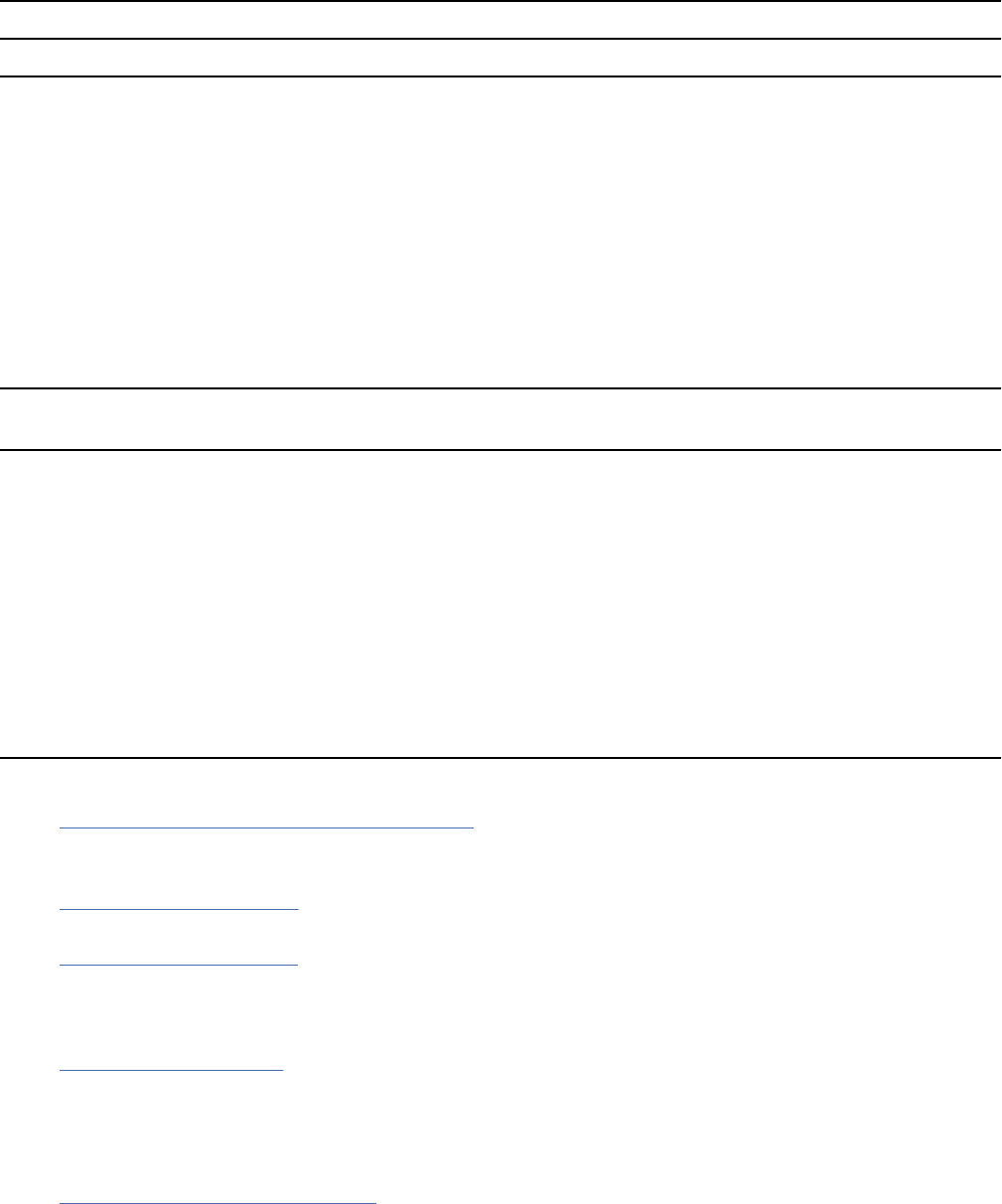
Table 142. SQL processing options (continued)
Option keyword Meaning
VERSION(aaaa|AUTO)
Denes the version identier of a package, program, and the resulting DBRM. A
version identier is an SQL identier of up to 64 EBCDIC bytes.
When you specify VERSION, the SQL statement processor creates a version
identier in the program and DBRM. This affects the size of the load module and
DBRM. Db2 uses the version identier when you bind the DBRM to a package.
If you do not specify a version at precompile time, an empty string is the default
version identier. If you specify AUTO, the SQL statement processor uses the
consistency token to generate the version identier. If the consistency token is
a timestamp, the timestamp is converted into ISO character format and is used
as the version identier. The timestamp that is used is based on the store clock
value.
XREF
5
Includes a sorted cross-reference listing of symbols that are used in SQL
statements in the listing output.
Notes:
1. The Db2 coprocessor ignores this option when the Db2 coprocessor is invoked by the compiler to prepare
the application.
2. This option is always in effect when the Db2 coprocessor is invoked by the compiler to prepare the
application.
3. You can use STDSQL(86) as in prior releases of Db2. The SQL statement processor treats it the same as
STDSQL(YES).
4. Precompiler options do not affect ODBC behavior.
5. The Db2 coprocessor ignores this option when the Db2 coprocessor is invoked by the compiler to prepare
the application. However, if you are using PL/I V4.1 or later, it is supported.
Related concepts
Precision for operations with decimal numbers
Db2 accepts two sets of rules for determining the precision and scale of the result of an operation with
decimal numbers.
Datetime values (Db2 SQL)
Related tasks
Creating a package version
If you want to run different versions of a program without needing to make changes to the associated
application plan, use package versions. This technique is useful if you need to make changes to your
program without causing an interruption to the availability of the program.
Setting the program level
The program level denes the level for a particular module. This information is stored in the consistency
token, which is in an internal Db2 format. Overriding the program level in the consistency token is
possible, if needed, but generally not recommended.
Related reference
Defaults for SQL processing options
872
Db2 12 for z/OS: Application Programming and SQL Guide (Last updated: 2024-07-30)
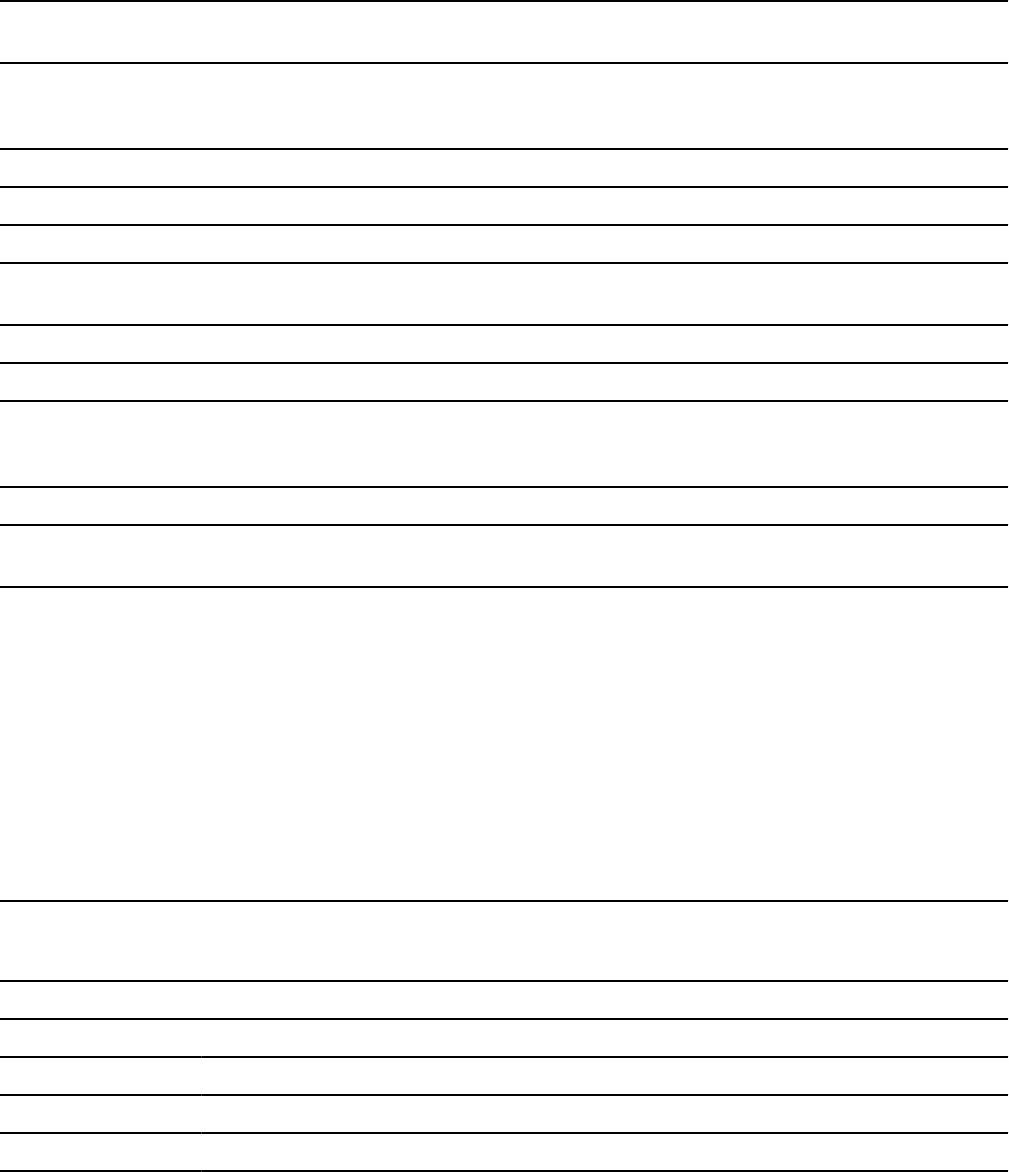
Some SQL statement processing options have default values that are based on values that are specied
on the DB2I Application Programming Defaults panels.
Defaults for SQL processing options
Some SQL statement processing options have default values that are based on values that are specied
on the DB2I Application Programming Defaults panels.
The following table shows those options and defaults.
Table 143. IBM-supplied installation default SQL statement processing options. The installer can change these
defaults.
Install option Install default
Equivalent SQL
statement processing
option
Available SQL statement
processing options
STRING DELIMITER quotation mark (") QUOTE APOSTQUOTE
SQL STRING DELIMITER quotation mark (") QUOTESQL APOSTSQLQUOTESQL
DECIMAL POINT IS PERIOD PERIOD COMMAPERIOD
DATE FORMAT ISO DATE(ISO) DATE(ISO|USA| EUR|JIS|
LOCAL)
DECIMAL ARITHMETIC DEC15 DEC(15) DEC(15|31)
MIXED DATA NO CCSID(n) CCSID(n)
LANGUAGE DEFAULT COBOL HOST(COBOL) HOST(ASM|C[(FOLD)]|
CPP[(FOLD)]|IBMCOB|
FORTRAN|PLI)
STD SQL LANGUAGE NO STDSQL(NO) STDSQL(YES|NO|86)
TIME FORMAT ISO TIME(ISO) TIME(IS|USA|EUR| JIS|
LOCAL)
Notes: For dynamic SQL statements, another application programming default, USE FOR DYNAMICRULES,
determines whether Db2 uses the application programming default or the SQL statement processor option for
the following installation options:
• STRING DELIMITER
• SQL STRING DELIMITER
• DECIMAL POINT IS
• DECIMAL ARITHMETIC
If the value of USE FOR DYNAMICRULES is YES, dynamic SQL statements use the application programming
defaults. If the value of USE FOR DYNAMICRULES is NO, dynamic SQL statements in packages or plans with
bind, dene, and invoke behavior use the SQL statement processor options.
Some SQL statement processor options have default values based on the host language. Some options do
not apply to some languages. The following table shows the language-dependent options and defaults.
Table 144. Language-dependent Db2 precompiler options and defaults
HOST value Defaults
ASM APOST
1
, APOSTSQL
1
, PERIOD
1
, TWOPASS, MARGINS(1,71,16)
C or CPP APOST
1
, APOSTSQL
1
, PERIOD
1
, ONEPASS, MARGINS(1,72)
IBMCOB QUOTE
2
, QUOTESQL
2
, PERIOD, ONEPASS
1
, MARGINS(8,72)
1
Chapter 9. Preparing an application to run on Db2 for z/OS873
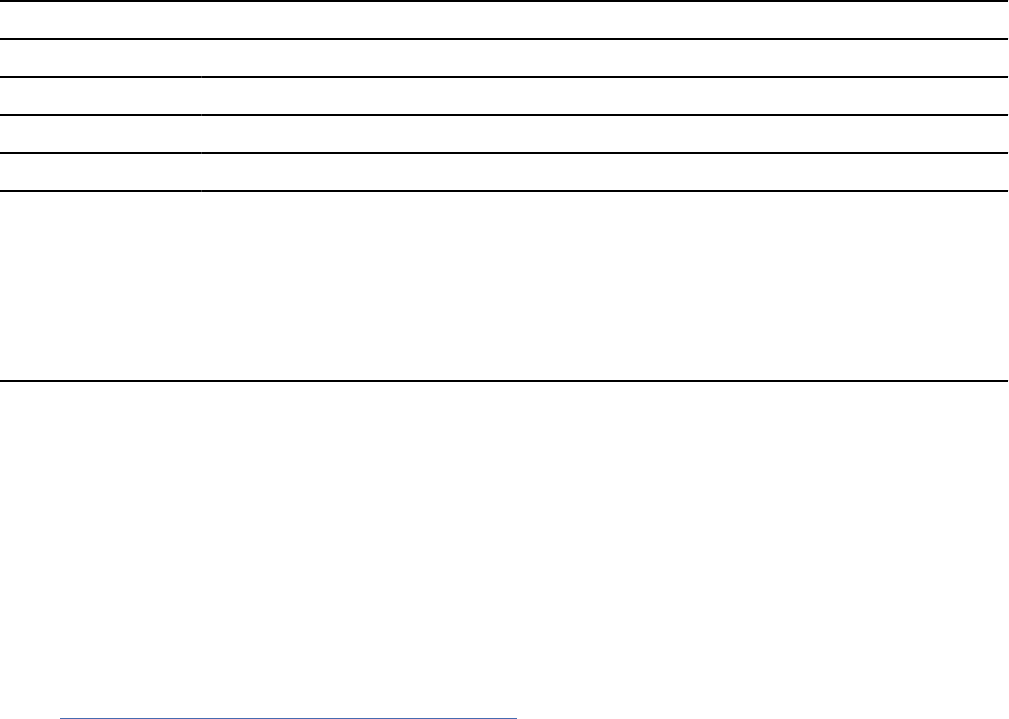
Table 144. Language-dependent Db2 precompiler options and defaults (continued)
HOST value Defaults
FORTRAN APOST
1
, APOSTSQL
1
, PERIOD
1
, ONEPASS
1
, MARGINS(1,72)
1
PLI APOST
1
, APOSTSQL
1
, PERIOD
1
, ONEPASS, MARGINS(2,72)
SQL or SQLPL APOST
1
, APOSTSQL
1
, PERIOD
1
, ONEPASS, MARGINS(1,72)
Notes:
1. Forced for this language; no alternative is allowed.
2. The default is chosen on Application Programming Defaults Panel 1 during installation. The IBM-supplied
installation defaults for string delimiters are QUOTE (host language delimiter) and QUOTESQL (SQL escape
character). The installer can replace the IBM-supplied defaults with other defaults. The precompiler options
that you specify override any defaults that are in effect.
SQL statement processing defaults for dynamic statements
Generally, dynamic statements use the defaults that are specied during installation. However, if the
value of application defaults module parameter DYNRULS is NO, you can use these options for dynamic
SQL statements in packages or plans with bind, dene, or invoke behavior:
• COMMA or PERIOD
• APOST or QUOTE
• APOSTSQL or QUOTESQL
• DEC(15) or DEC(31)
Related concepts
Dynamic rules options for dynamic SQL statements
The DYNAMICRULES bind option and the runtime environment determine the rules for the dynamic SQL
attributes.
SQL options for DRDA access
Certain SQL statement processing options are relevant when you prepare a package to be run with DRDA
access.
The following SQL statement processing options are relevant for DRDA access:
CONNECT
Use CONNECT(2), explicitly or by default.
CONNECT(1) causes your CONNECT statements to allow only the restricted function known as
"remote unit of work". Be particularly careful to avoid CONNECT(1) if your application updates more
than one DBMS in a single unit of work.
SQL
Use SQL(ALL) explicitly for a package that runs on a server that is not Db2 for z/OS. The precompiler
then accepts any statement that obeys DRDA rules.
Use SQL(DB2), explicitly or by default, if the server is Db2 for z/OS only. The precompiler then rejects
any statement that does not obey the rules of Db2 for z/OS.
874
Db2 12 for z/OS: Application Programming and SQL Guide (Last updated: 2024-07-30)

Compiling and link-editing an application
If you use the Db2 coprocessor, you process SQL statements as you compile your program, and the next
step is the link edit the program. The purpose of the link-edit step is to produce an executable load
module.
About this task
For programs other than C and C++ programs, you must use JCL procedures when you use the Db2
coprocessor. For C and C++ programs, you can use either JCL procedures or UNIX System Services on
z/OS to invoke the Db2 coprocessor.
For more information, see “Processing SQL statements by using the Db2 coprocessor” on page 849.
Tip: The Db2 coprocessor is the recommended method for processing SQL statements in application
programs. Compared to the Db2 precompiler, the Db2 coprocessor has fewer restrictions on SQL
programs, and more fully supports the latest SQL and programming language enhancements. See
“Processing SQL statements by using the Db2 coprocessor” on page 849.
If you use the Db2 precompiler precompiler, as described in “Processing SQL statements by using the
Db2 precompiler” on page 853, your next step in the program preparation process is to compile and
link-edit your program.
Procedure
• You can use one of the following methods to compile and link-edit an application:
• DB2I panels. For details, see “DB2I panels that are used for program preparation” on page 912
.
• The DSNH command procedure (a TSO CLIST). For details, see DSNH command procedure (TSO
CLIST) (Db2 Commands).
• JCL procedures supplied with Db2. For details, see “Db2-supplied JCL procedures for preparing an
application” on page 909.
• JCL procedures supplied with a host language compiler.
• Use a link-edit procedure that builds a load module that satises the environment-specic
requirements of the program.
TSO and batch
Include the Db2 TSO attachment facility language interface module (DSNELI) or Db2 call
attachment facility language interface module (DSNALI) or the Universal Language Interface
module (DSNULI).
IMS
Include the Db2 IMS language interface module (DFSLI000), which contains the DSNHLI entry
point. Also, the IMS RESLIB must precede the SDSNLOAD library in the link list, JOBLIB, or
STEPLIB concatenations.
IMS and Db2 share a common alias name, DSNHLI, for the language interface module. You must do
the following when you concatenate your libraries:
– If you use IMS, be sure to concatenate the IMS library rst so that the application program
compiles with the correct IMS version of DSNHLI.
– If you run your application program only under Db2, be sure to concatenate the Db2 library rst.
CICS
Include the Db2 CICS language interface module (DSNCLI) or the Universal Language Interface
module (DSNULI). You can link DSNCLI with your program in either 24-bit or 31-bit addressing
mode (AMODE=31), but DSNULI must be linked with your program in 31-bit addressing mode
(AMODE=31). If your application runs in 31-bit addressing mode, you should link-edit the DSNCLI
or DSNULI stub to your application with the attributes AMODE=31 and RMODE=ANY so that your
application can run above the 16-MB line.
Chapter 9. Preparing an application to run on Db2 for z/OS
875

You also need the CICS EXEC interface module that is appropriate for the programming language.
CICS requires that this module be the rst control section (CSECT) in the nal load module.
The size of the executable load module that is produced by the link-edit step varies depending on
the values that the SQL statement processor inserts into the source code of the program.
Link-editing a batch program
Db2 has language interface routines for each unique supported environment. Db2 requires the
IMS language interface routine for DL/I batch. You need to have DFSLI000 link-edited with the
application program.
Related concepts
Universal language interface (DSNULI)
The universal language interface (DSNULI) subcomponent determines the runtime environment and
dynamically loads and branches to the appropriate language interface module.
Related tasks
Preparing an application to run on Db2 for z/OS
To prepare and run applications that contain embedded static SQL statements or dynamic SQL
statements, you must process, compile, link-edit, and bind the SQL statements.
Related reference
DSNH command procedure (TSO CLIST) (Db2 Commands)
Related information
CICS program preparation steps (CICS Transaction Server for z/OS)
Binding application packages and plans
You must bind the DBRM that is produced by the SQL statement processor to a package before your Db2
application can run. The bind process establishes a relationship between an application program and its
relational data.
Before you begin
You must have appropriate privileges. For more information, see Privileges required for handling plans
and packages (Managing Security)
About this task
During the precompilation process, the Db2 precompiler produces both modied source code and a
database request module (DBRM) for each application program. The modied source code must be
compiled and link-edited before the program can be run. DBRMs must be bound to a package. You can
then associate that package with a particular application plan.
During the bind process, Db2 also completes the following actions:
• Validates object references in the SQL statements of the program, such as table, view, and column
names, against the Db2 catalog. Because the bind process occurs before program execution, errors are
detected and can be corrected before the program is executed.
• Veries the authorization of the bind process to specify the program owner and the authorization of the
specied owner to access data that is requested by SQL statements in the program.
• Selects the access paths that Db2 uses to access data for the program. Db2 considers factors such as
table size, available indexes, and others, when selecting the access paths.
When determining the maximum size of a plan, you must consider several physical limitations, including
the time required to bind the plan, the size of the EDM pool, and fragmentation. As a general rule, the EDM
pool should be at least 10 times the size of the largest DBD or plan, whichever is greater.
Each package that you bind can contain only one DBRM.
876
Db2 12 for z/OS: Application Programming and SQL Guide (Last updated: 2024-07-30)

Exception: You do not need to bind a DBRM if the only SQL statement in the program is SET CURRENT
PACKAGESET.
Because you do not need a plan or package to execute the SET CURRENT PACKAGESET statement, the
ENCODING bind option does not affect the SET CURRENT PACKAGESET statement. An application that
needs to provide a host variable value in an encoding scheme other than the system default encoding
scheme must use the DECLARE VARIABLE statement to specify the encoding scheme of the host variable.
You must bind plans locally, regardless of whether they reference packages that run remotely. However,
you must bind the packages that run at remote locations at those remote locations.
From a Db2 requester, you can run a plan by specifying it in the RUN subcommand, but you cannot run a
package directly. You must include the package in a plan and then run the plan.
Tip: Develop a naming convention and strategy for the most effective and efcient use of your plans and
packages.
Procedure
To bind application programs, take the following actions.
1. To bind individual DBRMs into packages, use BIND PACKAGE commands with ACTION(REPLACE).
Packages provide the flexibility for you to test different versions of a program without having to rebind
everything in the application plan.
For programs whose corresponding DBRMs are in HFS les, you can use the command line processor
to bind the DBRMs to packages. Optionally, you can also copy the DBRM into a partitioned data set
member by using the oput and oget commands and then bind it by using conventional JCL.
To create new trigger packages for existing triggers, you must re-create the trigger that is associated
with the package. For more information, see “Trigger packages” on page 159
.
2. To designate packages in application plans, use the BIND PLAN command with ACTION(REPLACE).
Plans can specify packages, collections of packages, or a combination of these elements. If you
specify one or more DBRMs to include in the plan (by using the MEMBER option of BIND PLAN), Db2
automatically binds those DBRMs into packages and then binds those packages into the plan. The plan
contains information about the designated packages and about the data that the application programs
intend to use. The plan is stored in the Db2 catalog.
Related concepts
Package copies for plan management (Db2 Performance)
Automatic rebinds
Automatic rebinds (sometimes called "autobinds") occur when an authorized user runs a package or
plan and the runtime structures in the plan or package cannot be used. This situation usually results
from changes to the attributes of the data on which the package or plan depends, or changes to the
environment in which the package or plan runs.
Related tasks
Binding a DBRM that is in an HFS le to a package or collection
If DBRMs are in z/OS UNIX HFS les, you can use the command line processor to bind the DBRMs to
packages at the target Db2 server. Optionally, you can also copy the DBRM into a partitioned data set
member by using the TSO/E oput and oget commands and then bind the DBRM by using conventional JCL.
Related reference
BIND PACKAGE subcommand (DSN) (Db2 Commands)
BIND PLAN subcommand (DSN) (Db2 Commands)
BIND and REBIND options for packages, plans, and services (Db2 Commands)
Chapter 9. Preparing an application to run on Db2 for z/OS
877
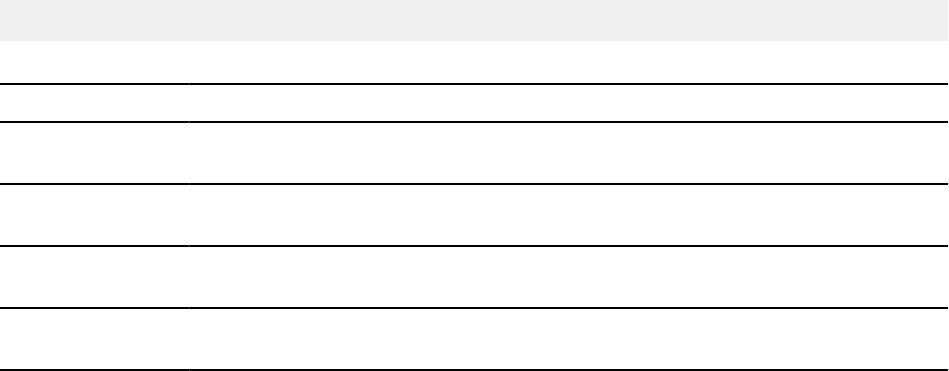
Creating a package version
If you want to run different versions of a program without needing to make changes to the associated
application plan, use package versions. This technique is useful if you need to make changes to your
program without causing an interruption to the availability of the program.
About this task
You can create a different package version for each version of the program. Each package has the same
package name and collection name, but a different version number is associated with each package. The
plan that includes that package includes all versions of that package. Thus, you can run a program that is
associated with any one of the package versions without having to rebind the application plan, rename the
plan, or change any RUN subcommands that use it.
Procedure
To create a package version:
1. Precompile your program with the option VERSION(version-identier).
2. Bind the resulting DBRM with the same collection name and package name as any existing versions of
that package. When you run the program, Db2 uses the package version that you specied when you
precompiled it.
Example
Suppose that you bound a plan with the following statement:
BIND PLAN (PLAN1) PKLIST (COLLECT.*)
The following steps show how to create two versions of a package, one for each of two programs.
Step number
For package version 1 For package version 2
1 Precompile program 1. Specify
VERSION(1).
Precompile program version 2. Specify
VERSION(2).
2 Bind the DBRM with the collection name
COLLECT and the package name PACKA.
Bind the DBRM with the collection name
COLLECT and package name PACKA.
3 Link-edit program 1 into your
application.
Link-edit program 2 into your
application.
4 Run the application; it uses program 1
and PACKA, VERSION 1.
Run the application; it uses program 2
and PACKA, VERSION 2.
Binding a DBRM that is in an HFS le to a package or collection
If DBRMs are in z/OS UNIX HFS les, you can use the command line processor to bind the DBRMs to
packages at the target Db2 server. Optionally, you can also copy the DBRM into a partitioned data set
member by using the TSO/E oput and oget commands and then bind the DBRM by using conventional JCL.
About this task
Restrictions:
You cannot specify the REBIND command with the command line processor. Alternatively, specify the
BIND command with the ACTION(REPLACE) option.
You cannot specify the FREE PACKAGE command with the command line processor. Alternatively, specify
the DROP PACKAGE statement to drop the existing packages.
878
Db2 12 for z/OS: Application Programming and SQL Guide (Last updated: 2024-07-30)
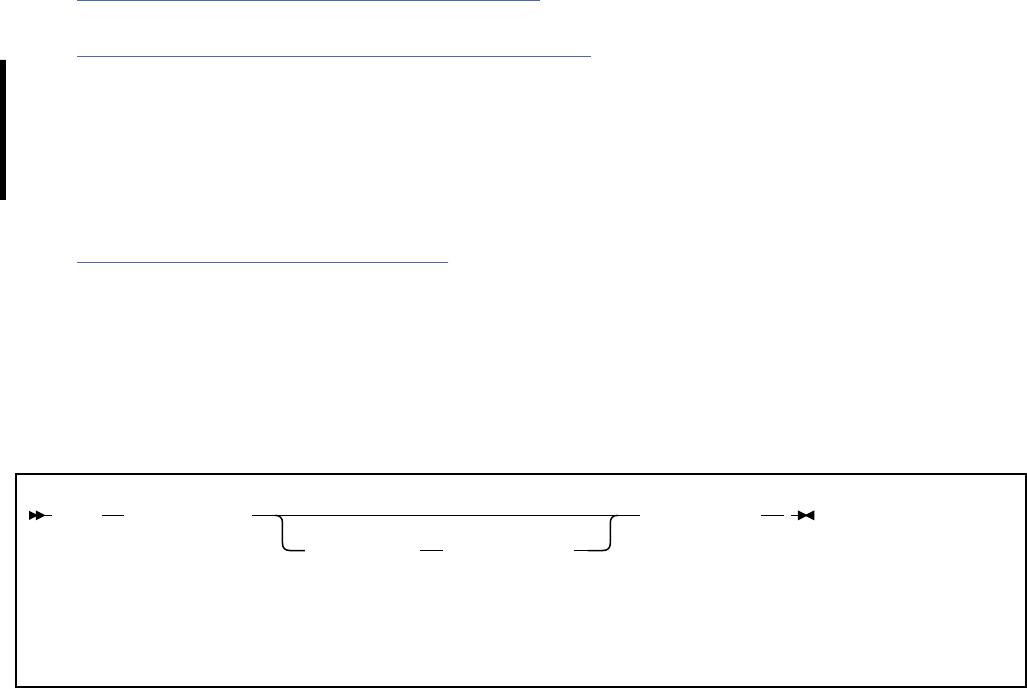
Procedure
To bind a DBRM that is in an HFS le to a package or collection:
1. Invoke the command line processor and connect to the target Db2 server.
2. Specify the BIND command with the appropriate options.
Related concepts
The Db2 command line processor (Db2 Commands)
Related tasks
Processing SQL statements by using the Db2 coprocessor
You can use the Db2 coprocessor for processing SQL statements at compile time. With the Db2
coprocessor, the compiler scans a program and copies all of the SQL statements and host variable
information into a database request module (DBRM). The Db2 coprocessor is the recommended method
for processing SQL statements in application programs. Compared to the Db2 precompiler, the Db2
coprocessor has fewer restrictions on SQL programs, and more fully supports the latest SQL and
programming language enhancements.
Related reference
Command line processor BIND command
Use the command line processor BIND command to bind DBRMs that are in z/OS UNIX HFS les to
packages.
Command line processor BIND command
Use the command line processor BIND command to bind DBRMs that are in z/OS UNIX HFS les to
packages.
The following diagram shows the syntax for the command line processor BIND command.
BIND dbrm-file-name
-COLLECTION collection-name
1
options-clause
2
Notes:
1
If you do not specify a collection, Db2 uses NULLID.
2
You can specify the options after collection-name in any order.
options-clause:
Chapter 9. Preparing an application to run on Db2 for z/OS
879
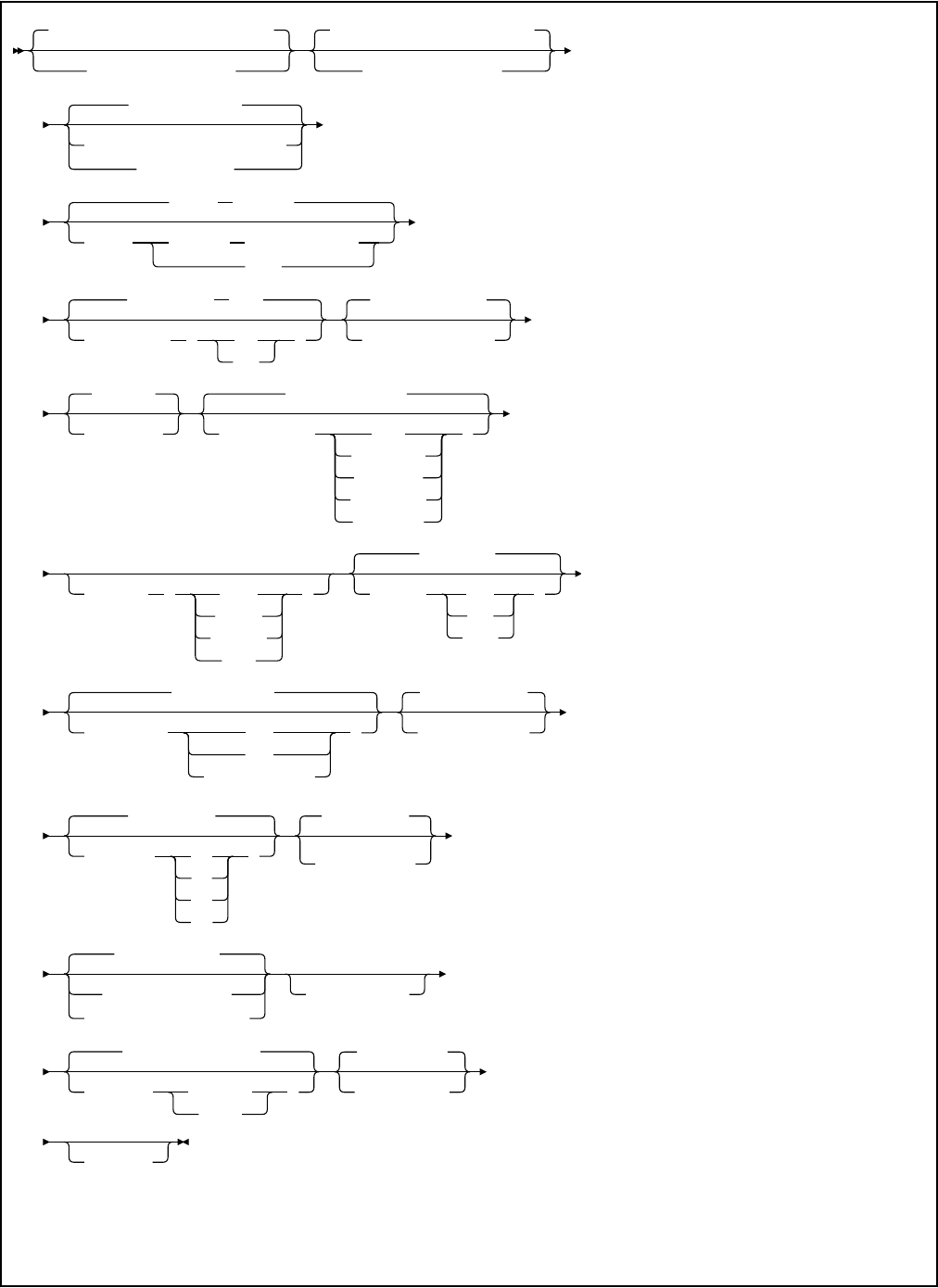
QUALIFIER(
ID
that is used during connect )
QUALIFIER(
qualifier-name
)
OWNER(
ID
that is used during connect )
OWNER(
authorization-ID
)
NODEFER(PREPARE)
DEFERPREPARE(INHERITFROMPLAN)
DEFER(PREPARE)
ACTION (REPLACE)
ACTION (REPLACE) REPLVER(
version-id
)
(ADD)
CURRENTDATA (YES)
CURRENTDATA ( NO
ALL
)
DBPROTOCOL(DRDA)
DBPROTOCOL(PRIVATE)
DEGREE(1)
DEGREE(ANY)
DYNAMICRULES(RUN)
DYNAMICRULES( BIND
DEFINEBIND
DEFINERUN
INVOKEBIND
INVOKERUN
)
ENCODING ( ASCII
EBCDIC
UNICODE
ccsid
)
EXPLAIN(NO)
EXPLAIN( YES
ALL
ONLY
)
IMMEDWRITE(NO)
IMMEDWRITE( YES
PH1
INHERITFROMPLAN
)
KEEPDYNAMIC(NO)
KEEPDYNAMIC(YES)
ISOLATION(CS)
ISOLATION( RR
RS
UR
NC
)
REOPT(NONE)
1
REOPT(ALWAYS)
2
RELEASE(COMMIT)
RELEASE(DEALLOCATE)
RELEASE(INHERITFROMPLAN)
OPTHINT('
hint-ID
')
SQLERROR(NOPACKAGE)
SQLERROR( CONTINUE
CHECK
)
VALIDATE(RUN)
VALIDATE(BIND)
path-clause
Notes:
1
You can specify NOREOPT(VARS) as a synonym of REOPT(NONE).
2
You can specify REOPT(VARS) as a synonym of REOPT(ALWAYS).
880
Db2 12 for z/OS: Application Programming and SQL Guide (Last updated: 2024-07-30)
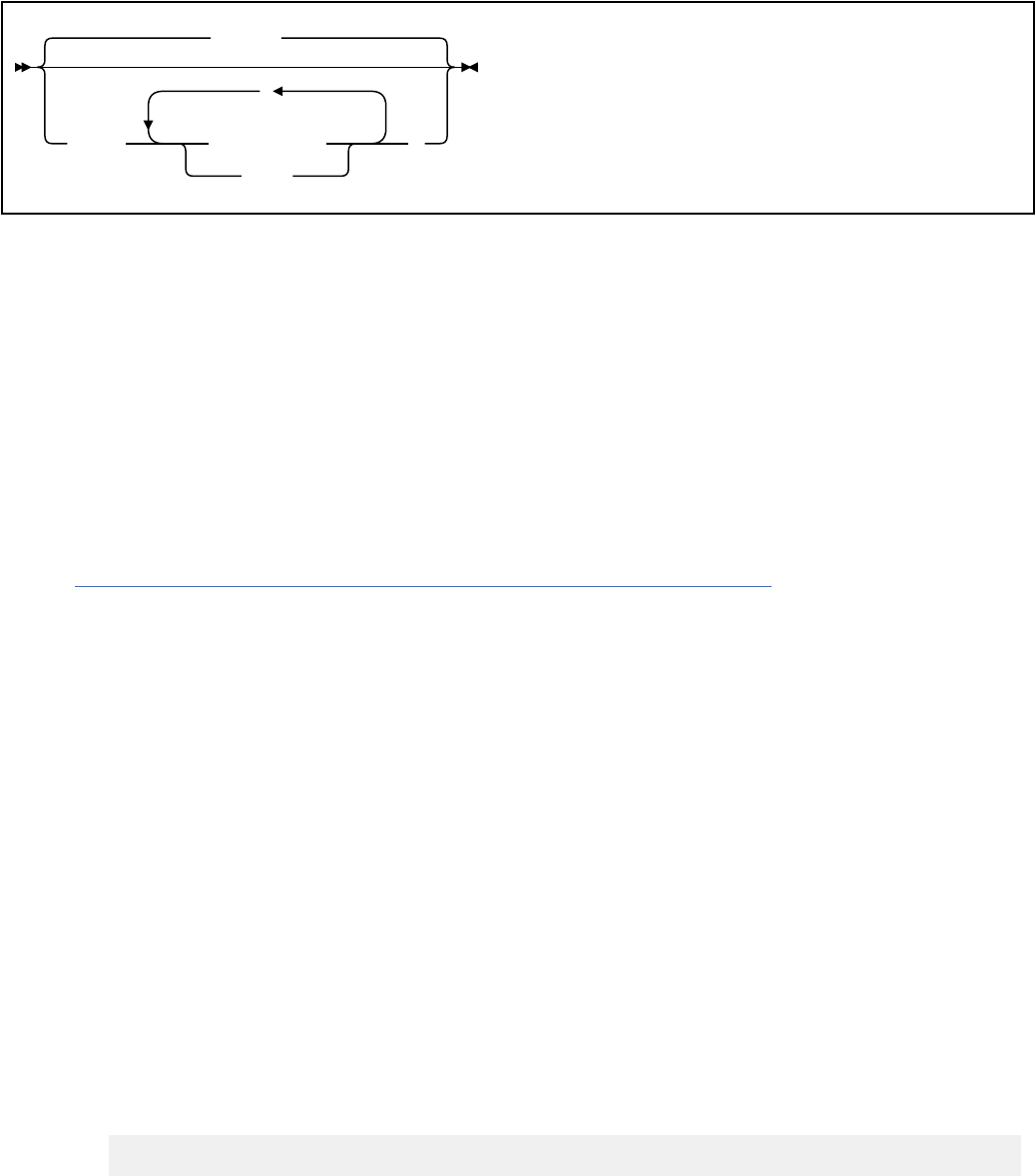
path-clause:
PATH( )
PATH(
,
schema-name
USER
)
The following options are unique to this diagram:
CURRENTDATA (ALL)
Species that for all cursors data currency is required and block fetching is inhibited.
SQLERROR(CHECK)
Species that the command line processor is to only check for SQL errors in the DBRM. No package is
generated.
IMMEDWRITE(PH1)
Species that normal write activity is done. This option is equivalent to IMMEDWRITE(NO).
EXPLAIN(ALL)
Species that Db2 is to insert information into the appropriate EXPLAIN tables. This option is
equivalent to EXPLAIN (YES).
Related reference
BIND and REBIND options for packages, plans, and services (Db2 Commands)
Binding an application plan
An application plan can include package lists.
Procedure
To bind an application plan, use the BIND PLAN subcommand with at least one of the following options:
MEMBER
Specify this option to bind DBRMs to a package and then bind the package list to a plan. After the
keyword MEMBER, specify the member names of the DBRMS.
PKLIST
Specify this option to include package lists in the plan. After the keyword PKLIST, specify the names of
the packages to include in the package list. To include an entire collection of packages in the list, use
an asterisk after the collection name. For example, PKLIST(GROUP1.*).
Specifying the package list for the PKLIST option of BIND PLAN
The order in which you specify packages in a package list can affect run time performance. Searching
for the specic package involves searching the Db2 directory, which can be costly. When you use
collection-id.* with the PKLIST keyword, you should specify rst the collections in which Db2 is most
likely to nd a package.
For example, assume that you perform the following bind:
BIND PLAN (PLAN1) PKLIST (COLL1.*, COLL2.*, COLL3.*, COLL4.*)
Then you execute program PROG1. Db2 does the following package search:
a. Checks to see if program PROG1 is bound as part of the plan
b. Searches for COLL1.PROG1.timestamp
c. If it does not nd COLL1.PROG1.timestamp, searches for COLL2.PROG1.timestamp
d. If it does not nd COLL2.PROG1.timestamp, searches for COLL3.PROG1.timestamp
Chapter 9. Preparing an application to run on Db2 for z/OS
881

e. If it does not nd COLL3.PROG1.timestamp, searches for COLL4.PROG1.timestamp.
When both special registers CURRENT PACKAGE PATH and CURRENT PACKAGESET contain an empty
string
If you do not set these special registers, Db2 searches for a DBRM or a package in one of these
sequences:
• At the local location (if CURRENT SERVER is blank or species that location explicitly), the order is:
a. All packages that are already allocated to the plan while the plan is running.
b. All unallocated packages that are explicitly specied in, and all collections that are completely
included in, the package list of the plan. Db2 searches for packages in the order that they appear
in the package list.
• At a remote location, the order is:
a. All packages that are already allocated to the plan at that location while the plan is running.
b. All unallocated packages that are explicitly specied in, and all collections that are completely
included in, the package list of the plan, whose locations match the value of CURRENT SERVER.
Db2 searches for packages in the order that they appear in the package list.
If you use the BIND PLAN option DEFER(PREPARE), Db2 does not search all collections in the
package list.
If the order of search is not important
In many cases, the order in which Db2 searches the packages is not important to you and does not
affect performance. For an application that runs only at your local Db2 system, you can name every
package differently and include them all in the same collection. The package list on your BIND PLAN
subcommand can read:
PKLIST (collection.*)
The resulting plan consists of the following information:
• Any programs that are associated with DBRMs in the MEMBER list
• Any programs that are associated with packages and collections that are identied in PKLIST
You can add packages to the collection even after binding the plan. Db2 lets you bind packages having the
same package name into the same collection only if their version IDs are different.
If your application uses DRDA access, you must bind some packages at remote locations. Use the same
collection name at each location, and identify your package list as:
PKLIST (*.collection.*)
If you use an asterisk for part of a name in a package list, Db2 checks the authorization for the package to
which the name resolves at run time. To avoid the checking at run time in the preceding example, you can
grant EXECUTE authority for the entire collection to the owner of the plan before you bind the plan.
Related tasks
Improving performance for applications that access distributed data (Db2 Performance)
Related reference
BIND PLAN subcommand (DSN) (Db2 Commands)
CURRENT PACKAGE PATH special register (Db2 SQL)
CURRENT PACKAGESET special register (Db2 SQL)
882
Db2 12 for z/OS: Application Programming and SQL Guide (Last updated: 2024-07-30)

How Db2 identies packages at run time
The Db2 precompiler or Db2 coprocessor identies each call to Db2 with a consistency token. The same
consistency token identies the DBRM that the SQL statement processor produces and the package to
which you bound the DBRM.
When you run the program, Db2 uses the consistency token in matching the call to Db2 to the correct
DBRM. Usually, the consistency token is in an internal Db2 format. You can override that token if you want.
You also need other identiers. The consistency token alone does not necessarily identify a unique
package. You can bind the same DBRM to many packages, at different locations and in different
collections, and you can include all those packages in the package list of the same plan. All those
packages will have the same consistency token. You can specify a particular location or a particular
collection at run time.
Related tasks
Setting the program level
The program level denes the level for a particular module. This information is stored in the consistency
token, which is in an internal Db2 format. Overriding the program level in the consistency token is
possible, if needed, but generally not recommended.
Specifying the location of the package that Db2 is to use
When your program executes SQL statements, Db2 uses the value in the CURRENT SERVER special
register to determine the location of the necessary package. If the current server is your local Db2
subsystem and it does not have a location name, the value in the special register is blank.
About this task
You can change the value of CURRENT SERVER by using the SQL CONNECT statement in your program.
If you do not use CONNECT, the value of CURRENT SERVER is the location name of your local Db2
subsystem (or blank, if your Db2 subsystem has no location name).
Specifying the package collection that Db2 uses for applications
You can ensure that Db2 uses the intended package collection and does not waste time searching by
explicitly specify the package collection that you want Db2 to use.
About this task
You can use the CURRENT PACKAGE PATH special register or CURRENT PACKAGESET (if CURRENT
PACKAGE PATH is not set) to specify the collections that Db2 uses for package resolution. The CURRENT
PACKAGESET special register contains the name of a single collection, and the CURRENT PACKAGE PATH
special register contains a list of collection names.
If you do not set these special registers, they contain an empty string when your application begins to run,
and they remain as an empty string. In this case, Db2 searches the available package collections.
However, explicitly specifying the intended collection by using the special registers can avoid a potentially
costly search through a package list that has many qualifying entries. In addition, Db2 uses the values in
these special registers for applications that do not run under a plan.
When you call an external stored procedure, the CURRENT PACKAGESET special register contains the
value that you specied for the COLLID parameter when you dened the stored procedure. If the routine
was dened without a value for the COLLID parameter, the value for the special register is inherited from
the calling program.
If the external stored procedure is not dened with a specied COLLID value and the calling program
package does not have the same collection ID as the package for the stored procedure, you might receive
SQLCODE -805. In this situation, you can issue an ALTER PROCEDURE statement with the COLLID clause
to x the problem.
Chapter 9. Preparing an application to run on Db2 for z/OS
883

Also, the CURRENT PACKAGE PATH special register contains the value that you specied for the PACKAGE
PATH parameter when you dened the stored procedure. When the stored procedure returns control to
the calling program, Db2 restores this register to the value that it contained before the call.
Specifying the package collection for a Java routine in a JAR le that is installed in the Db2 catalog:
If the Java routine denition species a COLLID value that is different from the collection into which the
IBM Data Server Driver for JDBC and SQLJ packages are bound, you need to run the DB2Binder utility with
the -collection option to bind the driver packages into the collection that is specied by the COLLID value
in the Java routine denition. If you do not do so, you might receive SQLCODE -805.
Related tasks
Binding an application plan
An application plan can include package lists.
Overriding the values that Db2 uses to resolve package lists
Db2 resolves package lists by searching the available collections in a particular order. To avoid this
search, you can specify the values that Db2 should use for package resolution.
Related reference
CURRENT PACKAGESET special register (Db2 SQL)
CURRENT PACKAGE PATH special register (Db2 SQL)
DB2Binder utility (Db2 Application Programming for Java)
Related information
-805 (Db2 Codes)
Overriding the values that Db2 uses to resolve package lists
Db2 resolves package lists by searching the available collections in a particular order. To avoid this
search, you can specify the values that Db2 should use for package resolution.
About this task
If you set the special register CURRENT PACKAGE PATH or CURRENT PACKAGESET, Db2 skips the check
for programs that are part of a plan and uses the values in these registers for package resolution.
If you set CURRENT PACKAGE PATH, Db2 uses the value of CURRENT PACKAGE PATH as the collection
name list for package resolution. For example, if CURRENT PACKAGE PATH contains the list COLL1,
COLL2, COLL3, COLL4, Db2 searches for the rst package that exists in the following order:
COLL1.PROG1.timestamp
COLL2.PROG1.timestamp
COLL3.PROG1.timestamp
COLL4.PROG1.timestamp
If you set CURRENT PACKAGESET and not CURRENT PACKAGE PATH, Db2 uses the value of CURRENT
PACKAGESET as the collection for package resolution. For example, if CURRENT PACKAGESET contains
COLL5, Db2 uses COLL5.PROG1.timestamp for the package search.
When CURRENT PACKAGE PATH is set, the server that receives the request ignores the collection that is
specied by the request and instead uses the value of CURRENT PACKAGE PATH at the server to resolve
the package. Specifying a collection list with the CURRENT PACKAGE PATH special register can avoid
the need to issue multiple SET CURRENT PACKAGESET statements to switch collections for the package
search.
The following table shows examples of the relationship between the CURRENT PACKAGE PATH special
register and the CURRENT PACKAGESET special register.
884
Db2 12 for z/OS: Application Programming and SQL Guide (Last updated: 2024-07-30)
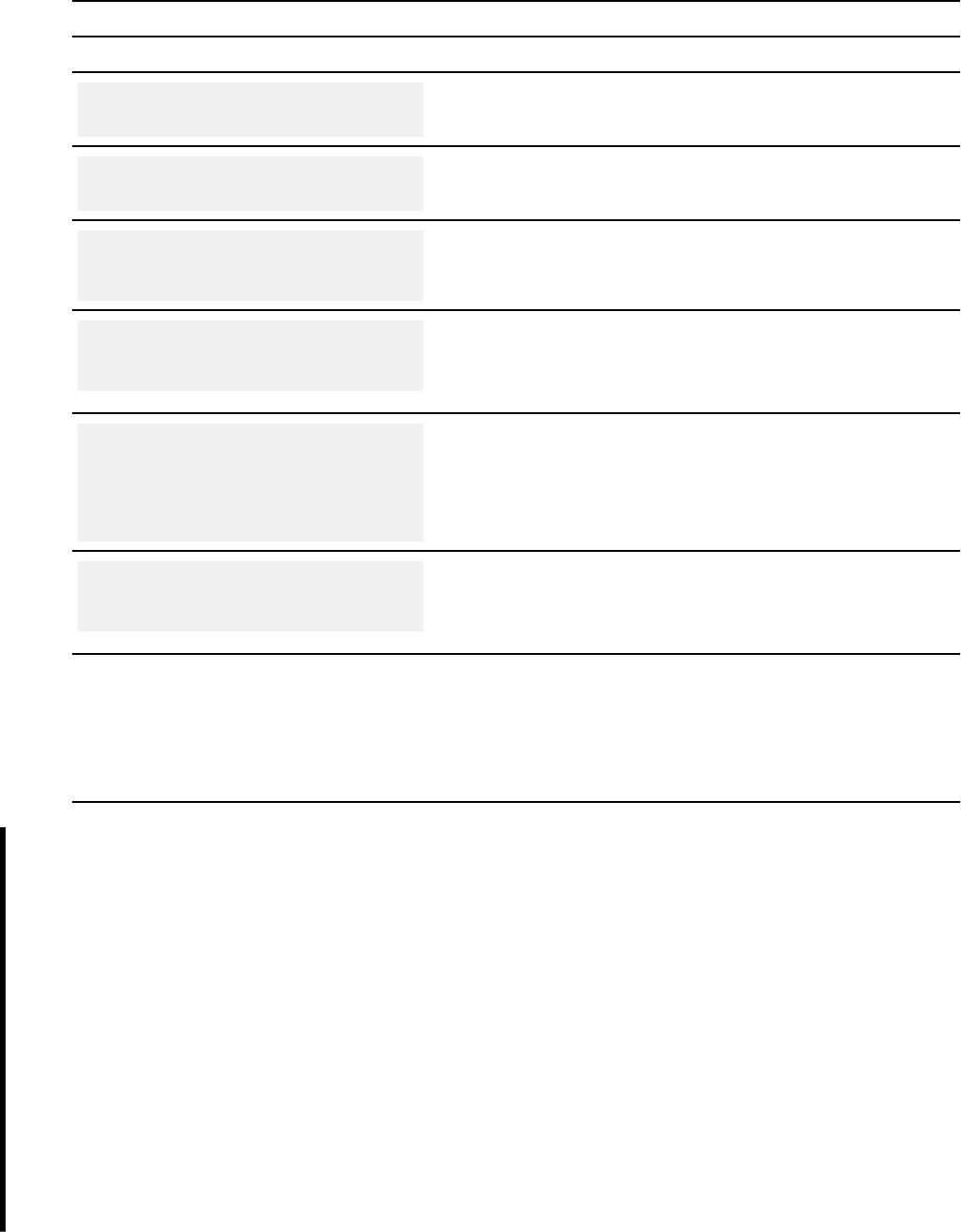
Table 145. Scope of CURRENT PACKAGE PATH
Example What happens
SET CURRENT PACKAGESET
SELECT ... FROM T1 ...
The collection in PACKAGESET determines which package is
invoked.
SET CURRENT PACKAGE PATH
SELECT ... FROM T1 ...
The collections in PACKAGE PATH determine which package
is invoked.
SET CURRENT PACKAGESET
SET CURRENT PACKAGE PATH
SELECT ... FROM T1 ...
The collections in PACKAGE PATH determine which package
is invoked.
SET CURRENT PACKAGE PATH
CONNECT TO S2 ...
SELECT ... FROM T1 ...
PACKAGE PATH at server S2 is an empty string because it
has not been explicitly set. The values from the PKLIST bind
option of the plan that is at the requester determine which
package is invoked.
1
SET CURRENT PACKAGE PATH
= 'A,B'
CONNECT TO S2 ...
SET CURRENT PACKAGE PATH
= 'X,Y'
SELECT ... FROM T1 ...
The collections in PACKAGE PATH that are set at server S2
determine which package is invoked.
SET CURRENT PACKAGE PATH
SELECT ... FROM
S2.QUAL.T1 ...
Three-part table name. On implicit connection to server S2,
PACKAGE PATH at server S2 is inherited from the local server.
The collections in PACKAGE PATH at server S2 determine
which package is invoked.
Notes:
1. When CURRENT PACKAGE PATH is set at the requester (and not at the remote server), Db2 passes
one collection at a time from the list of collections to the remote server until a package is found or
until the end of the list. Each time a package is not found at the server, Db2 returns an error to the
requester. The requester then sends the next collection in the list to the remote server.
Bind process for remote access
You can use several different bind processes to enable access to data at a remote server.
These processes work when the remote server is a Db2 for z/OS system or another type of database
system that uses DRDA access.
Bind a package at the local site and the remote site
If you have not yet bound a local package, use this technique.
1. Bind the DBRM into a package at the local site.
2. Bind the DBRM into a package at the remote site.
3. Bind a plan with a package list that includes the local package and the remote package.
Example: Bind a package at the local site and the remote site
Suppose that you precompiled program MYPROG to generate DBRM MYPROG, and compiled and link-
edited program MYPROG. You want to run MYPROG to access tables at site CHICAGO from your local site.
Chapter 9. Preparing an application to run on Db2 for z/OS
885

Use commands like these to bind local and remote packages and a plan. The number at the end of each
line corresponds to a previously described step.
BIND PACKAGE(LOCALCOLLID) MEMBER(MYPROG) other bind options 1
BIND PACKAGE (CHICAGO.REMOTECOLLID) MEMBER(MYPROG) other bind options 2
BIND PLAN (MYPLAN) PKLIST(LOCALCOLLID.* ,*.REMOTECOLLID.*)
3
Bind a copy of an existing local package at the remote site
If you have already bound a local package, you can use this technique.
1. Issue the BIND command with COPY and OPTIONS to create a copy of the local package at the remote
site.
OPTIONS controls the option values for bind options that you do not specify.
2. Bind a plan with a package list that includes the local package and the remote package.
Example: Bind a copy of an existing local package at the remote site
Suppose that you previously prepared program MYPROG for execution at the local site. As part of program
preparation, you bound package LOCALCOLLID.MYPROG at the local site. Now you want to run MYPROG
to access tables at site CHICAGO from your local site. Use commands like these to bind a copy of the
local package at site CHICAGO, and then bind a plan. The number at the end of each line corresponds to a
previously described step.
BIND PACKAGE(CHICAGO.REMOTECOLLID) COPY(LOCALCOLLID.MYPROG) -
OPTIONS(COMPOSITE|COMMAND) -
other bind options 1
BIND PLAN (MYPLAN) PKLIST(LOCALCOLLID.* ,*.REMOTECOLLID.*) 2
Bind options for remote access
Binding a package to run at a remote location is like binding a package to run at your local Db2 subsystem.
Binding a plan to run the package is like binding any other plan. However, a few differences exist.
For the general instructions, see Chapter 9, “Preparing an application to run on Db2 for z/OS,” on page
843.
BIND PLAN options for DRDA access
The following options of BIND PLAN are particularly relevant to binding a plan that uses DRDA access:
DISCONNECT
For most flexibility, use DISCONNECT(EXPLICIT), explicitly or by default. That requires you to use
RELEASE statements in your program to explicitly end connections.
The other values of the option are also useful.
DISCONNECT(AUTOMATIC) ends all remote connections during a commit operation, without the
need for RELEASE statements in your program.
DISCONNECT(CONDITIONAL) ends remote connections during a commit operation except when
an open cursor dened as WITH HOLD is associated with the connection.
SQLRULES
Use SQLRULES(Db2), explicitly or by default.
SQLRULES(STD) applies the rules of the SQL standard to your CONNECT statements, so that
CONNECT TO x is an error if you are already connected to x. Use STD only if you want that statement
to return an error code.
If your program selects LOB data from a remote location, and you bind the plan for the program with
SQLRULES(Db2), the format in which you retrieve the LOB data with a cursor is restricted. After you
open the cursor to retrieve the LOB data, you must retrieve all of the data using a LOB variable, or
886
Db2 12 for z/OS: Application Programming and SQL Guide (Last updated: 2024-07-30)
retrieve all of the data using a LOB locator variable. If the value of SQLRULES is STD, this restriction
does not exist.
If you intend to switch between LOB variables and LOB locators to retrieve data from a cursor, execute
the SET SQLRULES=STD statement before you connect to the remote location.
CURRENTDATA
Use CURRENTDATA(NO) to force block fetch for ambiguous cursors.
ENCODING
Use this option to control the encoding scheme that is used for static SQL statements in the plan and
to set the initial value of the CURRENT APPLICATION ENCODING SCHEME special register.
For applications that execute remotely and use explicit CONNECT statements, Db2 uses the
ENCODING value for the plan. For applications that execute remotely and use implicit CONNECT
statements, Db2 uses the ENCODING value for the package that is at the site where a statement
executes.
BIND PACKAGE options for DRDA access
The following options of BIND PACKAGE are relevant to binding a package to be run using DRDA access:
location-name
Name the location of the server at which the package runs.
The privileges needed to run the package must be granted to the owner of the package at the server.
If you are not the owner, you must also have SYSCTRL authority or the BINDAGENT privilege that is
granted locally.
SQLERROR
Use SQLERROR(CONTINUE) if you used SQL(ALL) when precompiling. That creates a package even if
the bind process nds SQL errors, such as statements that are valid on the remote server but that the
precompiler did not recognize. Otherwise, use SQLERROR(NOPACKAGE), explicitly or by default.
COPY
If you bind with the COPY option to copy a local package to a remote site, Db2 performs authorization
checking, reads and updates the catalog, and creates the package at the remote site. Db2 reads the
catalog records that are related to the copied package at the local site. Db2 converts values that are
returned from the remote site in ISO format if all of the following conditions are true:
• If the local site is installed with time or date format LOCAL
• A package is created at a remote site with the COPY option
• The SQL statement does not specify a different format.
CURRENTDATA
Use CURRENTDATA(NO) to force block fetch for ambiguous cursors.
OPTIONS
When you make a remote copy of a package using BIND PACKAGE with the COPY option, use this
option to control the default bind options that Db2 uses. Specify:
COMPOSITE to cause Db2 to use any options you specify in the BIND PACKAGE command. For all
other options, Db2 uses the options of the copied package. COMPOSITE is the default.
COMMAND to cause Db2 to use the options you specify in the BIND PACKAGE command. For all
other options, Db2 uses the defaults for the server on which the package is bound. This helps
ensure that the server supports the options with which the package is bound.
ENCODING
Use this option to control the encoding scheme that is used for static SQL statements in the package
and to set the initial value of the CURRENT APPLICATION ENCODING SCHEME special register.
When you bind the same package locally and remotely, and you specify the ENCODING bind option
for the package, the ENCODING bind option for the local package applies to the remote application.
The default ENCODING value for a package that is bound at a remote Db2 for z/OS server is the
Chapter 9. Preparing an application to run on Db2 for z/OS
887

system default for that server. The system default is specied at installation time in the APPLICATION
ENCODING eld of panel DSNTIPF, which is the APPENSCH DECP value.
EXPLAIN
If you specify the option EXPLAIN(YES) or EXPLAIN(ONLY), and you do not specify the option
SQLERROR(CONTINUE), PLAN_TABLE must exist at the remote location at which the package is
bound.
Related concepts
Bind options for locks (Db2 Performance)
Related tasks
BIND options for distributed applications (Db2 Performance)
Related reference
BIND and REBIND options for packages, plans, and services (Db2 Commands)
Considerations for binding packages at a remote location
When you bind packages at a remote location, you need to understand how the behavior of the remote
packages differs from the behavior of local packages.
Scope of a remote bind
When you bind or rebind a package at a remote site, Db2 checks authorizations, reads and updates the
catalog, and creates the package in the directory at the remote site. Db2 does not read or update catalogs
or check authorizations at the local site.
After you bind a remote package, you can bind, rebind, or free the remote package from the local site or at
the remote site.
Authorization for binding and running packages at a remote location
To bind a package at a remote Db2 system, you must have all the privileges or authority there that you
would need to bind the package on your local system. To bind a package at another type of a system, such
as Db2 for Linux, UNIX, and Windows, you need all privileges that the other system requires to execute
the SQL statements in the package, and to access the data objects to which the package refers.
Communications database requirements for binding packages at a remote location
When you bind a package at a remote site, the local communications database must be able to resolve
the location name in the package to a remote location.
Remote access through a stored procedure
If a local stored procedure uses a cursor to access data, and the cursor-related statement is bound in
a separate package under the stored procedure, you must bind this separate package both locally and
remotely. In addition, the invoker or owner of the stored procedure must be authorized to execute both
local and remote packages. At your local requesting system, you must bind a plan whose package list
includes all of those local and remote packages.
Checking which BIND PACKAGE options a particular server supports
You can request only the options of the BIND PACKAGE command that are supported by the server by
specifying those options at the requester.
About this task
To nd out which options are supported by a specic server DBMS, refer to the documentation provided
for that server.
888
Db2 12 for z/OS: Application Programming and SQL Guide (Last updated: 2024-07-30)

For specic Db2 bind information, refer to the following documentation:
• For guidance in using Db2 bind options and performing a bind process, see Chapter 9, “Preparing an
application to run on Db2 for z/OS,” on page 843.
• For the syntax of Db2 BIND command, see the topics BIND PACKAGE subcommand (DSN) (Db2
Commands) and BIND PLAN subcommand (DSN) (Db2 Commands).
• For the syntax of Db2 REBIND command, see the topics REBIND PACKAGE subcommand (DSN) (Db2
Commands) and REBIND PLAN command (DSN) (Db2 Commands).
Binding a batch program
Before a batch program can issue SQL statements, a Db2 plan must exist.
About this task
The owner of the plan or package must have all the privileges that are required to execute the SQL
statements embedded in it.
You can specify the plan name to Db2 in one of the following ways:
• In the DDITV02 input data set.
• In subsystem member specication.
• By default; the plan name is then the application load module name that is specied in DDITV02.
Db2 passes the plan name to the IMS attach package. If you do not specify a plan name in DDITV02, and
a resource translation table (RTT) does not exist or the name is not in the RTT, Db2 uses the passed name
as the plan name. If the name exists in the RTT, the name translates to the plan that is specied for the
RTT.
Recommendation: Give the Db2 plan the same name as that of the application load module, which is the
IMS attachment facility default. The plan name must be the same as the program name.
Conversion of DBRMs that are bound to a plan to DBRMs that are bound to a
package
You must bind all DBRMs into a package, and bind the packages into a plan. One package can have only
one DBRM.
The default REBIND PLAN COLLID (*) option converts all plans with DBRMs into plans with a package
list. You can use this technique for local applications only. If the plan that you specify already contains
both DBRMs and package lists, the newly converted package entries will be inserted into the front of the
existing package list.
Important: If the same DBRM is in multiple plans, and you run REBIND PLAN with the same COLLID
option value on more than one of those plans, Db2 overlays the previously created package in the
collection each time you run REBIND with COLLID. To avoid overlaying packages, specify a different
COLLID value for each plan that contains DBRMs that are also in other plans.
For more information on developing a strategy for converting your plans to include only packages, see
DB2 9 for z/OS: Packages Revisited (IBM Redbooks).
Example: converting all plans
The following examples converts all DBRMs that are bound with plan X into packages under collection ID:
DSN_DEFAULT_COLLID_X.
REBIND PLAN(X) COLLID(*);
Chapter 9. Preparing an application to run on Db2 for z/OS
889
Example: specifying a collection ID
The following examples converts DBRMs that are bound with plan X into packages under the
my_collection collection ID.
REBIND PLAN(x) COLLID('my_collection');
Example: rebinding multiple plans which may contain DBRMs
In the following example, BIND will traverse through each plan that is specied in the REBIND PLAN
command statement and will convert the DBRMs accordingly, and until none of the DBRMs are bound with
plans.
REBIND PLAN (X1, X2, X3) COLLID (collection_id|*);
Example: rebinding all plans which may contain DBRMs
In the following example, BIND will traverse through all plans that are specied in the SYSPLAN table and
will convert the DBRMs accordingly, and until none of the DBRMs are bound with plans.
REBIND PLAN (*) COLLID (collection_id|*);
Example: specifying a package list
The following examples converts all DBRMs that are bound with plan X into packages under collection ID:
DSN_DEFAULT_COLLID_X.
• If plan X does not have a package list, the newly converted package entries will be appended to the
front of package list Z and then package list Z will be added to plan X.
• If plan X has both a package list and DBRMs, the newly converted package entries will be appended to
the front of package list Z and then package list Z will replace the existing package list.
• If plan X has only a package list, then package list Z will replace the existing package list.
REBIND PLAN (x) COLLID (collection_id|*) PKLIST(Z);
Example: specifying no package list
The following examples converts all DBRMs that are bound with plan X into packages under collection ID:
DSN_DEFAULT_COLLID_X.
• If plan X has both a package list and DBRMs, the existing package list will be deleted, and the new
package list will be bound into plan X.
• If plan X has only DBRMs, the DBRMs will be converted into packages accordingly and added to plan X.
The NOPKLIST option will be ignored.
• If plan X does not have DBRMs, then the existing package list, if any, will be deleted.
REBIND PLAN (x) COLLID (collection_id|*) NOPKLIST;
Converting an existing plan into packages to run remotely
If you have an existing application that you want to run at a remote location by using remote access, you
need a new plan that includes those remote packages in its package list.
Procedure
To turn an existing plan with member DBRMs into packages to run remotely, perform the following actions
for each remote location:
1. Choose a name for a collection to contain member DBRMs, such as REMOTE1.
890
Db2 12 for z/OS: Application Programming and SQL Guide (Last updated: 2024-07-30)
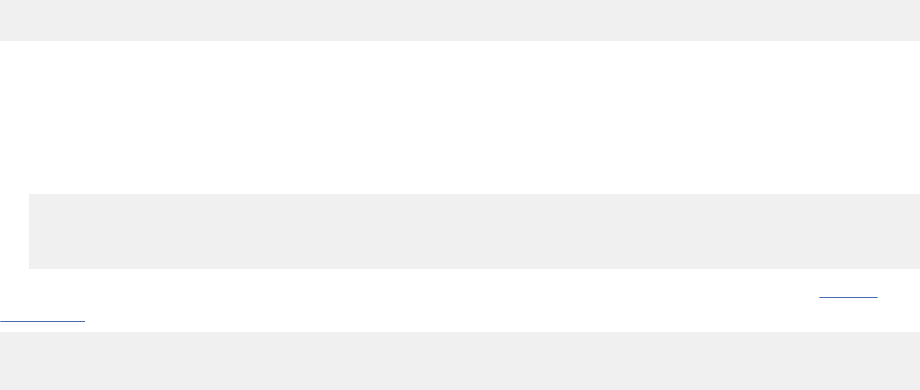
2. Convert the plan into a plan with a package list of packages.
REBIND PLAN(REMOTE1)COLLID(*)
Specifying COLLID(*) produces the packages under the collection of
DSN_DEFAULT_COLLID_planname.
3. Query SYSIBM.SYSPACKDEP, to see if any of the packages have a dependency on an alias. That alias is
a denition for a 3-part name.
a) For each of the packages that have a dependency on an alias:
BIND PACKAGE(location.remote_server_collid)
COPY(DSN_DEFAULT_COLLID_planname.pgkid)
COPYVER(...) OPTIONS(COMPOSITE)
4. Adjust the location's package list. If prior to this process, the plan had no package list, after “2” on
page 891 it will have a package list containing DSN_DEFAULT_COLLID_planname.pgkid.
REBIND PLAN PKLIST
(*.DSN_DEFAULT_COLLID_planname.pgkid* *.remote_server_collid.* )
Results
When you now run the existing application at your local Db2 system using the new application plan, these
things happen:
• You connect immediately to the remote location that is named in the CURRENTSERVER option.
• Db2 searches for the package in the collection REMOTE1 at the remote location.
• Any UPDATE, DELETE, or INSERT statements in your application affect tables at the remote location.
• Any results from SELECT statements are returned to your existing application program, which processes
them as though they came from your local Db2 system.
Setting the program level
The program level denes the level for a particular module. This information is stored in the consistency
token, which is in an internal Db2 format. Overriding the program level in the consistency token is
possible, if needed, but generally not recommended.
Procedure
Use the LEVEL (aaaa) option.
Db2 uses the value that you choose for aaaa to generate the consistency token. Although this method
is not recommended for general use and the DSNH CLIST or the Db2 Program Preparation panels do not
support it, this method enables you to perform the following actions:
a. Change the source code (but not the SQL statements) in the Db2 precompiler output of a bound
program.
b. Compile and link-edit the changed program.
c. Run the application without rebinding a plan or package.
Dynamic rules options for dynamic SQL statements
The DYNAMICRULES bind option and the runtime environment determine the rules for the dynamic SQL
attributes.
The BIND or REBIND option DYNAMICRULES determines what values apply at run time for the following
dynamic SQL attributes:
• The authorization ID that is used to check authorization
• The qualier that is used for unqualied objects
Chapter 9. Preparing an application to run on Db2 for z/OS
891
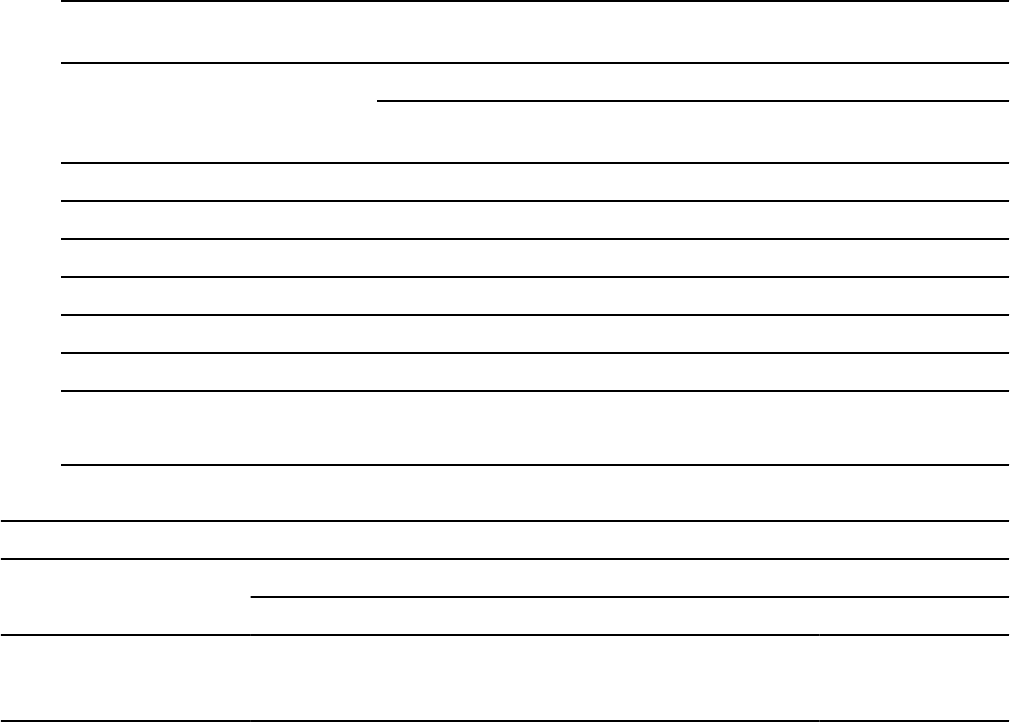
• The source for application programming options that Db2 uses to parse and semantically verify dynamic
SQL statements
• Whether dynamic SQL statements can include GRANT, REVOKE, ALTER, CREATE, DROP, and RENAME
statements
In addition, the runtime environment of a package controls how dynamic SQL statements behave at run
time. The two possible runtime environments are:
• The package runs as part of a stand-alone program.
• The package runs as a stored procedure or user-dened function package, or it runs under a stored
procedure or user-dened function.
A package that runs under a stored procedure or user-dened function is a package whose associated
program meets one of the following conditions:
– The program is called by a stored procedure or user-dened function.
– The program is in a series of nested calls that start with a stored procedure or user-dened function.
Dynamic SQL statement behavior
The dynamic SQL attributes that are determined by the value of the DYNAMICRULES bind option and the
runtime environment are collectively called the dynamic SQL statement behavior or the dynamic rules
behavior. The four dynamic rules behaviors are: run, bind, dene, and invoke.
The following table shows the combination of DYNAMICRULES value and runtime environment that yield
each dynamic SQL behavior.
Table 146. How DYNAMICRULES and the runtime environment determine dynamic SQL statement
behavior
DYNAMICRULES value
Behavior of dynamic SQL statements
Stand-alone program
environment
User-dened function or stored
procedure environment
RUN Run Run
BIND Bind Bind
DEFINERUN Run Dene
DEFINEBIND Bind Dene
INVOKERUN Run Invoke
INVOKEBIND Bind Invoke
Note: BIND and RUN values can be specied for packages, plans, and native SQL procedures. The other
values can be specied for packages and native SQL procedures but not for plans.
The following table shows the dynamic SQL attribute values for each type of dynamic SQL behavior.
Table 147.
Denitions of dynamic SQL statement behaviors
Dynamic SQL attribute Setting for dynamic SQL behavior attributes
Bind Run Dene Invoke
Authorization ID Plan or package
owner
Current SQLID User-dened
function or stored
procedure owner
Authorization ID of
invoker
1
892Db2 12 for z/OS: Application Programming and SQL Guide (Last updated: 2024-07-30)

Table 147. Denitions of dynamic SQL statement behaviors (continued)
Dynamic SQL attribute Setting for dynamic SQL behavior attributes
Bind Run Dene Invoke
Default qualier for
unqualied objects
Bind OWNER or
QUALIFIER value
CURRENT SCHEMA User-dened
function or stored
procedure owner
Authorization ID of
invoker
CURRENT SQLID
2
Not applicable Applies Not applicable Not applicable
Source for application
programming options
Determined by
DSNHDECP or
a user-specied
application defaults
module parameter
DYNRULS
3
Install panel
DSNTIP4
Determined by
DSNHDECP or
a user-specied
application defaults
module parameter
DYNRULS
3
Determined by
DSNHDECP or
a user-specied
application defaults
module parameter
DYNRULS
3
Can execute GRANT,
REVOKE, CREATE, ALTER,
DROP, RENAME?
No Yes No No
Notes:
1. If the invoker is the primary authorization ID of the process or the CURRENT SQLID value, secondary
authorization IDs are also checked if they are needed for the required authorization. Otherwise, only one ID,
the ID of the invoker, is checked for the required authorization.
2. Db2 uses the value of CURRENT SQLID as the authorization ID for dynamic SQL statements only for plans
and packages that have run behavior. For the other dynamic SQL behaviors, Db2 uses the authorization ID
that is associated with each dynamic SQL behavior, as shown in this table.
The value to which CURRENT SQLID is initialized is independent of the dynamic SQL behavior. For stand-
alone programs, CURRENT SQLID is initialized to the primary authorization ID.
You can execute the SET CURRENT SQLID statement to change the value of CURRENT SQLID for packages
with any dynamic SQL behavior, but Db2 uses the CURRENT SQLID value only for plans and packages with
run behavior.
3. The value of DSNHDECP or a user-specied application defaults module parameter DYNRULS, which you
specify in eld USE FOR DYNAMICRULES in installation panel DSNTIP4, determines whether Db2 uses the
SQL statement processing options or the application programming defaults for dynamic SQL statements.
See “Options for SQL statement processing” on page 863 for more information.
Related concepts
Authorization IDs and dynamic SQL (Db2 SQL)
Authorization behaviors for dynamic SQL statements (Managing Security)
Related reference
DYNAMICRULES bind option (Db2 Commands)
Dynamic plan selection
It is benecial to use dynamic plan selection and packages together. You can convert individual programs
in an application that contains many programs and plans, one at a time, to use a combination of plans
and packages. This process reduces the number of plans per application; having fewer plans reduces the
effort that is needed to maintain the dynamic plan exit routine.
CICSYou can use packages and dynamic plan selection together, but when you dynamically switch plans,
the following conditions must exist:
• All special registers, including CURRENT PACKAGESET, must contain their initial values.
• The value in the CURRENT DEGREE special register cannot have changed during the current transaction.
Chapter 9. Preparing an application to run on Db2 for z/OS
893
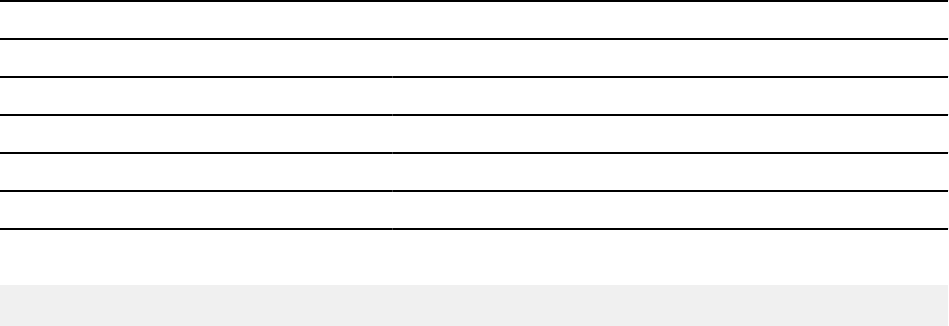
Assume that you develop the following programs and DBRMs:
Table 148. Example programs and DBRMs
Program Name DBRM Name
MAIN MAIN
PROGA PLANA
PROGB PKGB
PROGC PLANC
You could create packages using the following bind statement:
BIND PACKAGE(PKGB) MEMBER(PKGB)
The following scenario illustrates thread association for a task that runs program MAIN. Suppose that you
execute the following SQL statements in the indicated order. For each SQL statement, the resulting event
is described.
1. EXEC CICS START TRANSID(MAIN)
TRANSID(MAIN) executes program MAIN.
2. EXEC SQL SELECT…
Program MAIN issues an SQL SELECT statement. The default dynamic plan exit routine selects plan
MAIN.
3. EXEC CICS LINK PROGRAM(PROGA)
Program PROGA is invoked.
4. EXEC SQL SELECT…
Db2 does not call the default dynamic plan exit routine, because the program does not issue a sync
point. The plan is MAIN.
5. EXEC CICS LINK PROGRAM(PROGB)
Program PROGB is invoked.
6. EXEC SQL SELECT…
Db2 does not call the default dynamic plan exit routine, because the program does not issue a sync
point. The plan is MAIN and the program uses package PKGB.
7. EXEC CICS SYNCPOINT
Db2 calls the dynamic plan exit routine when the next SQL statement executes.
8. EXEC CICS LINK PROGRAM(PROGC)
Program PROGC is invoked.
9. EXEC SQL SELECT…
Db2 calls the default dynamic plan exit routine and selects PLANC.
10. EXEC SQL SET CURRENT SQLID = 'ABC'
The CURRENT SQLID special register is assigned the value 'ABC.'
11. EXEC CICS SYNCPOINT
Db2 does not call the dynamic plan exit routine when the next SQL statement executes because the
previous statement modies the special register CURRENT SQLID.
12. EXEC CICS RETURN
Control returns to program PROGB.
13. EXEC SQL SELECT…
894
Db2 12 for z/OS: Application Programming and SQL Guide (Last updated: 2024-07-30)

CICS With packages, you probably do not need dynamic plan selection and its accompanying exit routine.
A package that is listed within a plan is not accessed until it is executed. However, you can use dynamic
plan selection and packages together, which can reduce the number of plans in an application and the
effort to maintain the dynamic plan exit routine.
Rebinding applications
You must rebind applications to change bind options. You also need to rebind applications when you make
changes that affect the plan or package, such as creating an index, but you have not changed the SQL
statements.
About this task
In some cases, Db2 automatically rebinds plans or packages for you, depending on the value of the
ABIND subsystem parameter. For details, see “Automatic rebinds” on page 904.
The following actions might require that you rebind a package:
• Changing the host language or SQL statements in the application. You must replace the package.
Precompile, compile, and link the application program. Then issue a BIND command with the
ACTION(REPLACE) option.
• Changing your data attributes in ways that invalidate the package. For details, see “Changes that
invalidate packages” on page 14.
• Improving access paths selection after reorganizing data with the REORG utility or collecting database
statistics with RUNSTATS or other utilities. For more information, see Maintaining data organization and
statistics (Db2 Performance).
• Enabling Db2 to select an access path that uses a newly created index for access to a table.
• Changing the bind options for a package. If an option that you want to change is not available for the
REBIND command, issue the BIND command with ACTION(REPLACE) instead.
• Preparing for migration to a new Db2 release. For more information, see Rebind old plans and packages
in Db2 11 to avoid disruptive autobinds in Db2 12 (Db2 Installation and Migration).
FL 505 With rebind-phase in, Db2 can rebind a package concurrently with its execution. A rebind
operation creates a new copy of the package. When the rebind operation nishes, new threads can
use the new package copy immediately, and existing threads can continue to use the copy that was in
use prior to the rebind (the phased-out copy) without disruption. For more information, see “Phase-in of
package rebinds” on page 897.
Related tasks
Identifying packages with characteristics that affect performance, concurrency, or the ability to run (Db2
Performance)
Related reference
AUTO BIND eld (ABIND subsystem parameter) (Db2 Installation and Migration)
REBIND PACKAGE subcommand (DSN) (Db2 Commands)
BIND PACKAGE subcommand (DSN) (Db2 Commands)
BIND and REBIND options for packages, plans, and services (Db2 Commands)
Rebinding a package
You need to rebind a package when you make changes that affect the package but that do not involve
changes to the SQL statements. For example, if you create a new index, you need to rebind the package. If
you change the SQL, you need to use the BIND PACKAGE command with the ACTION(REPLACE) option.
Before you begin
For a trigger package, use the REBIND TRIGGER PACAKGE subcommand. For more information, see
“Trigger packages” on page 159
.
Chapter 9. Preparing an application to run on Db2 for z/OS
895
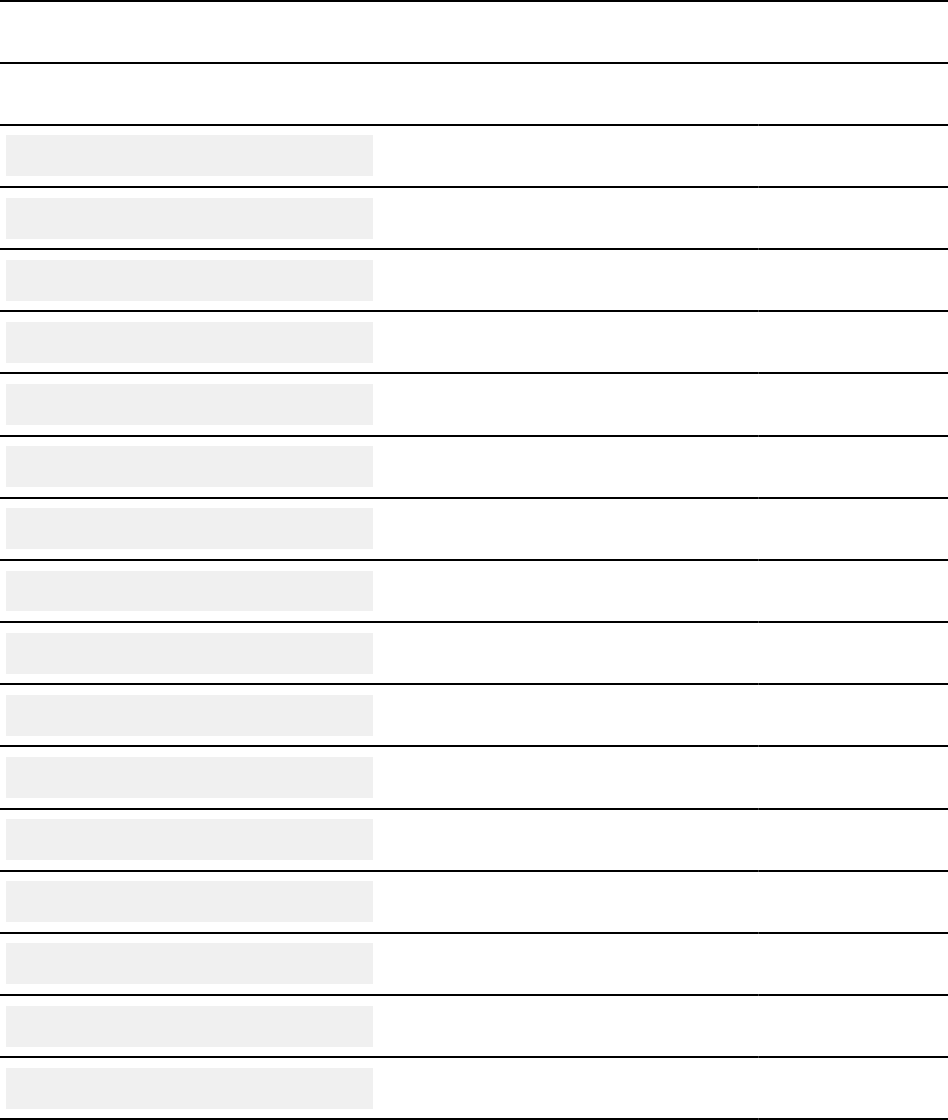
Procedure
Use the REBIND PACKAGE subcommand.
You can change any of the bind options for a package when you rebind it.
The following table claries which packages are bound, depending on how you specify collection-id
(coll-id), package-id (pkg-id), and version-id (ver-id) on the REBIND PACKAGE subcommand.
REBIND PACKAGE does not apply to packages for which you do not have the BIND privilege. An asterisk
(*) used as an identier for collections, packages, or versions does not apply to packages at remote sites.
Table 149. Behavior of REBIND PACKAGE specication. "All" means all collections, packages, or versions
at the local Db2 server for which the authorization ID that issues the command has the BIND privilege.
Input Collections
affected
Packages affected Versions affected
*
all all all
*.*.(*)
all all all
*.*
all all all
*.*.(ver-id)
all all ver-id
*.*.()
all all empty string
coll-id.*
coll-id all all
coll-id.*.(*)
coll-id all all
coll-id.*.(ver-id)
coll-id all ver-id
coll-id.*.()
coll-id all empty string
coll-id.pkg-id.(*)
coll-id pkg-id all
coll-id.pkg-id
coll-id pkg-id empty string
coll-id.pkg-id.()
coll-id pkg-id empty string
coll-id.pkg-id.(ver-id)
coll-id pkg-id ver-id
*.pkg-id.(*)
all pkg-id all
*.pkg-id
all pkg-id empty string
*.pkg-id.()
all pkg-id empty string
896Db2 12 for z/OS: Application Programming and SQL Guide (Last updated: 2024-07-30)

Table 149. Behavior of REBIND PACKAGE specication. "All" means all collections, packages, or versions
at the local Db2 server for which the authorization ID that issues the command has the BIND privilege.
(continued)
Input Collections
affected
Packages affected Versions affected
*.pkg-id.(ver-id)
all pkg-id ver-id
Examples
Example: Rebinding a package at a remote location
The following example shows the options for rebinding a package at the remote location. The location
name is SNTERSA. The collection is GROUP1, the package ID is PROGA, and the version ID is V1. The
connection types shown in the REBIND subcommand replace connection types that are specied on
the original BIND subcommand.
REBIND PACKAGE(SNTERSA.GROUP1.PROGA.(V1)) ENABLE(CICS,REMOTE)
Example: Rebinding all local packages
You can use the asterisk on the REBIND subcommand for local packages, but not for packages at
remote sites. Any of the following commands rebinds all versions of all packages in all collections, at
the local Db2 system, for which you have the BIND privilege.
REBIND PACKAGE (*)
REBIND PACKAGE (*.*)
REBIND PACKAGE (*.*.(*))
Example: Rebinding all versions of all local packages
Either of the following commands rebinds all versions of all packages in the local collection LEDGER
for which you have the BIND privilege.
REBIND PACKAGE (LEDGER.*)
REBIND PACKAGE (LEDGER.*.(*))
Example: Rebinding local packages in all collections
Either of the following commands rebinds the empty string version of the package DEBIT in all
collections, at the local Db2 system, for which you have the BIND privilege.
REBIND PACKAGE (*.DEBIT)
REBIND PACKAGE (*.DEBIT.())
Related tasks
Reusing and comparing access paths at bind and rebind (Db2 Performance)
Related reference
BIND and REBIND options for packages, plans, and services (Db2 Commands)
REBIND PACKAGE subcommand (DSN) (Db2 Commands)
Phase-in of package rebinds
With rebind-phase in, Db2 can rebind a package concurrently with its execution. A rebind operation
creates a new copy of the package. When the rebind operation nishes, new threads can use the new
package copy immediately, and existing threads can continue to use the copy that was in use prior to the
rebind (the phased-out copy) without disruption.
FL 505
Chapter 9. Preparing an application to run on Db2 for z/OS
897

With Rebind phase-in, a REBIND PACKAGE operation generates a new copy, while existing threads
continue to execute the current copy of the package, which becomes the phased-out copy. When the
new copy is committed by the REBIND command, that copy becomes the current copy and is immediately
available for the next execution by a new thread. Threads that existed prior to the REBIND can also
use the new current copy when they release the phased-out copy (based on the RELEASE(COMMIT) or
RELEASE(DEALLOCATION) option).
Tip: APAR PH28693 (January 2021) improves concurrency for REBIND commands in Db2 12 at function
level 505 or higher. With this APAR, a REBIND command now always obtains a U lock, allowing
subsequent transactions that are executing a package to run in parallel. For more information, see
Improved transaction execution times and concurrency for REBIND PACKAGE.
Db2 can generate as many as 14 copies to phase in new package copies at REBIND. Only one is
the current copy, and its copy ID is in the catalog table SYSPACKAGE. All phased-out copies, and the
original and previous copies, are stored in SYSPACKCOPY and other catalog tables until they are deleted.
However, copyID 3 is for internal use only, and is not stored in the SYSPACKCOPY or SYSPACKAGE catalog
tables.
On subsequent executions of the REBIND PACKAGE command, Db2 detects when a phased-out copy can
be safely deleted, and its copy ID can be reused. The maximum copy ID is 16.
When all available copy IDs are in use, a subsequent REBIND command might fail and issue the
DSNT500I message, with reason code 00E30307. This failed command indicates a thread which prevents
one or more phased-out copies from being reused.
You can use the PLANMGMTSCOPE(PHASEOUT) option on the FREE PACKAGE subcommand to free
unused phased-out copies, which could be created when a package is rebound. It is recommended that
phased-out package copies be freed in order to reduce space in the Db2 directory and catalog. The
subcommand will free the phased-out copies that are not currently used by an executing thread. The
SYSPACKCOPY.TIMESTAMP column value can be used to determine when a copy becomes phased-out.
In addition, the PLANMGMTSCOPE(INACTIVE) option on the FREE PACKAGE subcommand also addresses
the phased-out copies.
Rebind phase-in is supported for the following options:
• APREUSE(NONE) PLANMGMT(EXTENDED)
• APREUSE(WARN) PLANMGMT(EXTENDED) APREUSESOURCE(CURRENT)
• APREUSE(ERROR) PLANMGMT(EXTENDED) APREUSESOURCE(CURRENT)
• The package is not a generated package for a trigger or SQL routine, such as a procedure or user-
dened function.
Related concepts
Package copies for plan management (Db2 Performance)
Automatic rebinds
Automatic rebinds (sometimes called "autobinds") occur when an authorized user runs a package or
plan and the runtime structures in the plan or package cannot be used. This situation usually results
from changes to the attributes of the data on which the package or plan depends, or changes to the
environment in which the package or plan runs.
Related tasks
Rebinding applications
You must rebind applications to change bind options. You also need to rebind applications when you make
changes that affect the plan or package, such as creating an index, but you have not changed the SQL
statements.
Related reference
REBIND PACKAGE subcommand (DSN) (Db2 Commands)
898
Db2 12 for z/OS: Application Programming and SQL Guide (Last updated: 2024-07-30)
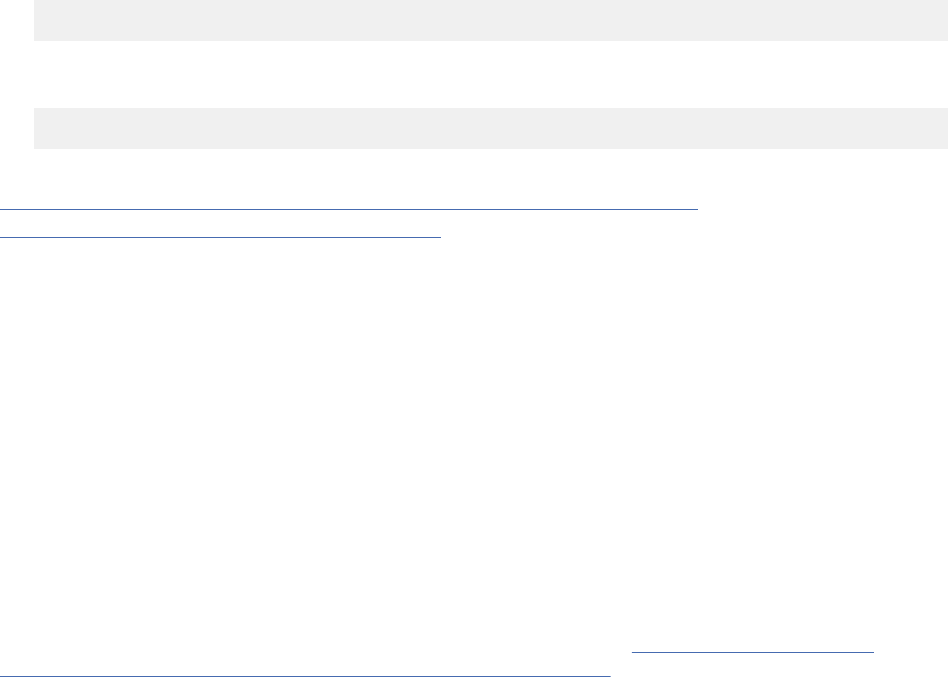
Rebinding a plan
You need to rebind a plan when you make a change to one of the attributes of the plan, such as the
package list.
Procedure
Use the REBIND PLAN subcommand.
You can change any of bind options for that plan.
When you rebind a plan, use the PKLIST keyword to replace any previously specied package list. Omit
the PKLIST keyword to use of the previous package list for rebinding. Use the NOPKLIST keyword to
delete any package list that was specied when the plan was previously bound.
Examples
Example
The following command rebinds PLANA and changes the package list:
REBIND PLAN(PLANA) PKLIST(GROUP1.*) MEMBER(ABC)
Example
The following command rebinds the plan and drops the entire package list:
REBIND PLAN(PLANA) NOPKLIST
Related reference
BIND and REBIND options for packages, plans, and services (Db2 Commands)
REBIND PLAN command (DSN) (Db2 Commands)
Rebinding lists of plans and packages
In some situations, you need to rebind a set of plans or packages that cannot be described by using
asterisks. For example, if a rebind operation terminates, you can generate a rebind subcommand for each
object that was not bound.
About this task
One situation in which this technique is useful is to complete a rebind operation that has terminated
due to lack of resources. A rebind for many objects, such as REBIND PACKAGE (*) for an ID with
SYSADM authority, terminates if a needed resource becomes unavailable. As a result, some objects are
successfully rebound and others are not. If you repeat the subcommand, Db2 attempts to rebind all the
objects again. But if you generate a rebind subcommand for each object that was not rebound, and issue
those subcommands, Db2 does not repeat any work that was already done and is not likely to run out of
resources.
For a description of the technique and several examples of its use, see “Sample program to create
REBIND subcommands for lists of plans and packages” on page 900.
Generating lists of REBIND commands
To generate a list of REBIND subcommands for a set of packages that cannot be described, use asterisks,
and use information in the Db2 catalog. You can then issue the list of subcommands through DSN.
About this task
The following list is an overview of the procedures for REBIND PACKAGE:
1. Use DSNTIAUL to generate the REBIND PACKAGE subcommands for the selected packages.
2. Use DSNTEDIT CLIST to delete extraneous blanks from the REBIND PACKAGE subcommands.
Chapter 9. Preparing an application to run on Db2 for z/OS
899

3. Use TSO edit commands to add DSN commands to the sequential data set.
4. Use DSN to execute the REBIND PACKAGE subcommands for the selected packages.
Sample program to create REBIND subcommands for lists of plans and
packages
If you cannot use asterisks to identify a list of packages or plans that you want to rebind, you might be
able to create the needed REBIND subcommands automatically, by using the sample program DSNTIAUL.
One situation in which this technique might be useful is when a resource becomes unavailable during a
rebind of many plans or packages. Db2 normally terminates the rebind and does not rebind the remaining
plans or packages. Later, however, you might want to rebind only the objects that remain to be rebound.
You can build REBIND subcommands for the remaining plans or packages by using DSNTIAUL to select
the plans or packages from the Db2 catalog and to create the REBIND subcommands. You can then
submit the subcommands through the DSN command processor, as usual.
You might rst need to edit the output from DSNTIAUL so that DSN can accept it as input. The CLIST
DSNTEDIT can perform much of that task for you.
This section contains the following topics:
• “Generating lists of REBIND commands” on page 899
• “Sample SELECT statements for generating REBIND commands” on page 900
• “Sample JCL for running lists of REBIND commands” on page 902
Sample SELECT statements for generating REBIND commands
You can select specic plans or packages to be rebound and concatenate the REBIND subcommand
syntax around the plan or package names. You can also convert a varying-length string to a xed-length
string, and append additional blanks to the REBIND PLAN and REBIND PACKAGE subcommands, so that
the DSN command processor can accept the record length as valid input.
Building REBIND subcommands: The examples that follow illustrate the following techniques:
• Using SELECT to select specic packages or plans to be rebound
• Using the CONCAT operator to concatenate the REBIND subcommand syntax around the plan or
package names
• Using the SUBSTR function to convert a varying-length string to a xed-length string
• Appending additional blanks to the REBIND PLAN and REBIND PACKAGE subcommands, so that the
DSN command processor can accept the record length as valid input
If the SELECT statement returns rows, then DSNTIAUL generates REBIND subcommands for the plans
or packages identied in the returned rows. Put those subcommands in a sequential data set, where you
can then edit them.
For REBIND PACKAGE subcommands, delete any extraneous blanks in the package name, using either
TSO edit commands or the Db2 CLIST DSNTEDIT.
For both REBIND PLAN and REBIND PACKAGE subcommands, add the DSN command that the statement
needs as the rst line in the sequential data set, and add END as the last line, using TSO edit commands.
When you have edited the sequential data set, you can run it to rebind the selected plans or packages.
If the SELECT statement returns no qualifying rows, then DSNTIAUL does not generate REBIND
subcommands.
The examples in this topic generate REBIND subcommands that work in Db2 for z/OS Db2 12. You might
need to modify the examples for prior releases of Db2 that do not allow all of the same syntax.
900
Db2 12 for z/OS: Application Programming and SQL Guide (Last updated: 2024-07-30)
Example: REBIND all plans without terminating because of unavailable resources.
SELECT SUBSTR('REBIND PLAN('CONCAT NAME
CONCAT') ',1,45)
FROM SYSIBM.SYSPLAN;
Example: REBIND all versions of all packages without terminating because of unavailable resources.
SELECT SUBSTR('REBIND PACKAGE('CONCAT COLLID CONCAT'.'
CONCAT NAME CONCAT'.(*)) ',1,55)
FROM SYSIBM.SYSPACKAGE;
Example: REBIND all plans bound before a given date and time.
SELECT SUBSTR('REBIND PLAN('CONCAT NAME
CONCAT') ',1,45)
FROM SYSIBM.SYSPLAN
WHERE BINDDATE <= 'yymmdd' OR
(BINDDATE <= 'yymmdd' AND
BINDTIME <= 'hhmmssth');
where yymmdd represents the date portion and hhmmssth represents the time portion of the
timestamp string.
If the date specied is after 2000, you need to include another condition that includes plans that were
bound before year 2000:
WHERE
BINDDATE >= '830101' OR
BINDDATE <= 'yymmdd' OR
(BINDDATE <= 'yymmdd' AND
BINDTIME <= 'hhmmssth');
Example: REBIND all versions of all packages bound before a given date and time.
SELECT SUBSTR('REBIND PACKAGE('CONCAT COLLID CONCAT'.'
CONCAT NAME CONCAT'.(*)) ',1,55)
FROM SYSIBM.SYSPACKAGE
WHERE BINDTIME <= 'timestamp';
where timestamp is an ISO timestamp string.
Example: REBIND all plans bound since a given date and time.
SELECT SUBSTR('REBIND PLAN('CONCAT NAME
CONCAT') ',1,45)
FROM SYSIBM.SYSPLAN
WHERE BINDDATE >= 'yymmdd' AND
BINDTIME >= 'hhmmssth';
where yymmdd represents the date portion and hhmmssth represents the time portion of the
timestamp string.
Example: REBIND all versions of all packages bound since a given date and time.
SELECT SUBSTR('REBIND PACKAGE('CONCAT COLLID
CONCAT'.'CONCAT NAME
CONCAT'.(*)) ',1,55)
FROM SYSIBM.SYSPACKAGE
WHERE BINDTIME >= 'timestamp';
where timestamp is an ISO timestamp string.
Example: REBIND all plans bound within a given date and time range.
SELECT SUBSTR('REBIND PLAN('CONCAT NAME
CONCAT') ',1,45)
FROM SYSIBM.SYSPLAN
WHERE
(BINDDATE >= 'yymmdd' AND
BINDTIME >= 'hhmmssth') AND
Chapter 9. Preparing an application to run on Db2 for z/OS
901

BINDDATE <= 'yymmdd' AND
BINDTIME <= 'hhmmssth');
where yymmdd represents the date portion and hhmmssth represents the time portion of the
timestamp string.
Example: REBIND all versions of all packages bound within a given date and time range.
SELECT SUBSTR('REBIND PACKAGE('CONCAT COLLID CONCAT'.'
CONCAT NAME CONCAT'.(*)) ',1,55)
FROM SYSIBM.SYSPACKAGE
WHERE BINDTIME >= 'timestamp1' AND
BINDTIME <= 'timestamp2';
where timestamp1 and timestamp2 are ISO timestamp strings.
Example: REBIND all invalid versions of all packages.
SELECT SUBSTR('REBIND PACKAGE('CONCAT COLLID CONCAT'.'
CONCAT NAME CONCAT'.(*)) ',1,55)
FROM SYSIBM.SYSPACKAGE
WHERE VALID = 'N';
Example: REBIND all plans bound with ISOLATION level of cursor stability.
SELECT SUBSTR('REBIND PLAN('CONCAT NAME
CONCAT') ',1,45)
FROM SYSIBM.SYSPLAN
WHERE ISOLATION = 'S';
Example: REBIND all versions of all packages that allow CPU and/or I/O parallelism.
SELECT SUBSTR('REBIND PACKAGE('CONCAT COLLID CONCAT'.'
CONCAT NAME CONCAT'.(*)) ',1,55)
FROM SYSIBM.SYSPACKAGE
WHERE DEGREE='ANY';
Sample JCL for running lists of REBIND commands
You can use JCL to rebind all versions of all packages that are bound within a specied date and time
period.
You specify the date and time period for which you want packages to be rebound in a WHERE clause of
the SELECT statement that contains the REBIND command. In The following example, the WHERE clause
looks like the following clause:
WHERE BINDTIME >= 'YYYY-MM-DD-hh.mm.ss' AND
BINDTIME <= 'YYYY-MM-DD-hh.mm.ss'
The date and time period has the following format:
YYYY
The four-digit year. For example: 2008.
MM
The two-digit month, which can be a value between 01 and 12.
DD
The two-digit day, which can be a value between 01 and 31.
hh
The two-digit hour, which can be a value between 01 and 24.
mm
The two-digit minute, which can be a value between 00 and 59.
ss
The two-digit second, which can be a value between 00 and 59.
//REBINDS JOB MSGLEVEL=(1,1),CLASS=A,MSGCLASS=A,USER=SYSADM,
// REGION=1024K
902
Db2 12 for z/OS: Application Programming and SQL Guide (Last updated: 2024-07-30)

//*********************************************************************/
//SETUP EXEC PGM=IKJEFT01
//SYSTSPRT DD SYSOUT=*
//SYSTSIN DD *
DSN SYSTEM(DSN)
RUN PROGRAM(DSNTIAUL) PLAN(DSNTIBC1) PARMS('SQL') -
LIB('DSN1210.RUNLIB.LOAD')
END
//SYSPRINT DD SYSOUT=*
//SYSUDUMP DD SYSOUT=*
//SYSPUNCH DD SYSOUT=*
//SYSREC00 DD DSN=SYSADM.SYSTSIN.DATA,
// UNIT=SYSDA,DISP=SHR
//*********************************************************************/
//*
//* GENER= '<SUBCOMMANDS TO REBIND ALL PACKAGES BOUND IN YYYY
//*
//*********************************************************************/
//SYSIN DD *
SELECT SUBSTR('REBIND PACKAGE('CONCAT COLLID CONCAT'.'
CONCAT NAME CONCAT'.(*)) ',1,55)
FROM SYSIBM.SYSPACKAGE
WHERE BINDTIME >= 'YYYY-MM-DD-hh.mm.ss' AND
BINDTIME <= 'YYYY-MM-DD-hh.mm.ss';
/*
//*********************************************************************/
//*
//* STRIP THE BLANKS OUT OF THE REBIND SUBCOMMANDS
//*
//*********************************************************************/
//STRIP EXEC PGM=IKJEFT01
//SYSPROC DD DSN=SYSADM.DSNCLIST,DISP=SHR
//SYSTSPRT DD SYSOUT=*
//SYSPRINT DD SYSOUT=*
//SYSOUT DD SYSOUT=*
//SYSTSIN DD *
DSNTEDIT SYSADM.SYSTSIN.DATA
//SYSIN DD DUMMY
/*
//*********************************************************************/
//*
//* PUT IN THE DSN COMMAND STATEMENTS
//*
//*********************************************************************/
//EDIT EXEC PGM=IKJEFT01
//SYSTSPRT DD SYSOUT=*
//SYSTSIN DD *
EDIT 'SYSADM.SYSTSIN.DATA' DATA NONUM
TOP
INSERT DSN SYSTEM(DSN)
BOTTOM
INSERT END
TOP
LIST * 99999
END SAVE
/*
//*********************************************************************/
//*
//* EXECUTE THE REBIND PACKAGE SUBCOMMANDS THROUGH DSN
//*
//*********************************************************************/
//LOCAL EXEC PGM=IKJEFT01
//DBRMLIB DD DSN=DSN1210.DBRMLIB.DATA,
// DISP=SHR
//SYSTSPRT DD SYSOUT=*
//SYSPRINT DD SYSOUT=*
//SYSUDUMP DD SYSOUT=*
//SYSTSIN DD DSN=SYSADM.SYSTSIN.DATA,
// UNIT=SYSDA,DISP=SHR
/*
The following example shows some sample JCL for rebinding all plans bound without specifying the
DEGREE keyword on BIND with DEGREE(ANY).
//REBINDS JOB MSGLEVEL=(1,1),CLASS=A,MSGCLASS=A,USER=SYSADM,
// REGION=1024K
Chapter 9. Preparing an application to run on Db2 for z/OS
903

//*********************************************************************/
//SETUP EXEC TSOBATCH
//SYSPRINT DD SYSOUT=*
//SYSPUNCH DD SYSOUT=*
//SYSREC00 DD DSN=SYSADM.SYSTSIN.DATA,
// UNIT=SYSDA,DISP=SHR
//*********************************************************************/
//*
//* REBIND ALL PLANS THAT WERE BOUND WITHOUT SPECIFYING THE DEGREE
//* KEYWORD ON BIND WITH DEGREE(ANY)
//*
//*********************************************************************/
//SYSTSIN DD *
DSN S(DSN)
RUN PROGRAM(DSNTIAUL) PLAN(DSNTIBC1) PARM('SQL')
END
//SYSIN DD *
SELECT SUBSTR('REBIND PLAN('CONCAT NAME
CONCAT') DEGREE(ANY) ',1,45)
FROM SYSIBM.SYSPLAN
WHERE DEGREE = ' ';
/*
//*********************************************************************/
//*
//* PUT IN THE DSN COMMAND STATEMENTS
//*
//*********************************************************************/
//EDIT EXEC PGM=IKJEFT01
//SYSTSPRT DD SYSOUT=*
//SYSTSIN DD *
EDIT 'SYSADM.SYSTSIN.DATA' DATA NONUM
TOP
INSERT DSN S(DSN)
BOTTOM
INSERT END
TOP
LIST * 99999
END SAVE
/*
//*********************************************************************/
//*
//* EXECUTE THE REBIND SUBCOMMANDS THROUGH DSN
//*
//*********************************************************************/
//REBIND EXEC PGM=IKJEFT01
//STEPLIB DD DSN=SYSADM.TESTLIB,DISP=SHR
// DD DSN=DSN1210.SDSNLOAD,DISP=SHR
//DBRMLIB DD DSN=SYSADM.DBRMLIB.DATA,DISP=SHR
//SYSTSPRT DD SYSOUT=*
//SYSUDUMP DD SYSOUT=*
//SYSPRINT DD SYSOUT=*
//SYSOUT DD SYSOUT=*
//SYSTSIN DD DSN=SYSADM.SYSTSIN.DATA,DISP=SHR
//SYSIN DD DUMMY
/*
Automatic rebinds
Automatic rebinds (sometimes called "autobinds") occur when an authorized user runs a package or
plan and the runtime structures in the plan or package cannot be used. This situation usually results
from changes to the attributes of the data on which the package or plan depends, or changes to the
environment in which the package or plan runs.
For a list of actions that might cause Db2 to mark packages invalid, see “Changes that invalidate
packages” on page 14.
In most cases, Db2 marks a package that must be automatically rebound as invalid by setting VALID='N'
in the SYSIBM.SYSPLAN and SYSIBM.SYSPACKAGE catalog tables.
If an automatic rebind fails, Db2 marks a package as inoperative in the OPERATIVE column of
SYSIBM.SYSPLAN and SYSIBM.SYSPACKAGE catalog tables. However, if autobind phase-in fails for a
package that is invalidated at the statement level, OPERATIVE='R' is used in the SYSPACKAGE table only.
904
Db2 12 for z/OS: Application Programming and SQL Guide (Last updated: 2024-07-30)

Controls for automatic binds
Db2 uses automatic binds only when the ABIND subsystem parameter is set to YES or COEXIST. If ABIND
is set to NO when an invalid package runs, Db2 returns an error. For details, see AUTO BIND eld (ABIND
subsystem parameter) (Db2 Installation and Migration).
You can also use resource limit tables to control automatic binds. For details, see Restricting bind
operations (Db2 Performance).
Bind options for automatic binds
In general, Db2 uses the same bind options from the most recent bind process for automatic binds. The
exceptions are:
• If an option is no longer supported, the automatic rebind option process substitutes a supported option.
• If an option does not have an existing value, the default bind option is used.
• The automatic rebind value for APCOMPARE is NONE.
• The automatic rebind value for APREUSE is WARN, and the automatic rebind value for
APREUSESOURCE is CURRENT.
• If there is no existing value for the APPLCOMPAT bind option, the APPLCOMPAT subsystem parameter is
used.
• If there is no existing value for the DESCSTAT bind option, the DESCSTAT subsystem parameter is used.
Automatic binds with package copies
If a package has previous or original copies as a result of rebinding with the PLANMGMT(BASIC)
or PLANMGMT(EXTENDED) options or having the PLANMGMT subsystem parameter set to BASIC or
EXTENDED, those copies are not affected by automatic rebind. Automatic rebind replaces only the current
copy.
A situation can occur in which automatic rebind causes the previous or original copy to be at a newer Db2
version than the current copy. Suppose that copy A is the current copy, and copy B is the previous copy.
Copy A is at a previous and supported version for Db2 packages, but copy B is at an older Db2 version
than the minimum supported version. When you switch the packages so that copy B becomes the current
copy, and run copy B, Db2 automatically rebinds copy B. Now, copy B is at a newer Db2 version than copy
A.
When automatic binds fail
When an automatic bind fails, Db2 issues message DSNT500I to the console with reason ‘00E30305’x,
resource type '804'x, and resource name collection.package.(version).
If EXPLAIN(YES) was specied for the previous rebind operation, the ABEXP subsystem parameter
controls whether Db2 captures EXPLAIN information during automatic rebinds. For details, see EXPLAIN
PROCESSING eld (ABEXP subsystem parameter) (Db2 Installation and Migration). Automatic rebinds fail
for most EXPLAIN errors.
If an automatic bind occurs while running in ACCESS(MAINT) mode the automatic bind is run under the
authorization id of SYSOPR. If SYSOPR is not dened as an installation SYSOPR the automatic bind fails.
Related concepts
Automatic binds in coexistence (Db2 Installation and Migration)
Application and SQL release incompatibilities (Db2 for z/OS What's New?)
Related tasks
Rebind old plans and packages in Db2 11 to avoid disruptive autobinds in Db2 12 (Db2 Installation and
Migration)
Related reference
BIND PACKAGE subcommand (DSN) (Db2 Commands)
Chapter 9. Preparing an application to run on Db2 for z/OS
905

BIND PLAN subcommand (DSN) (Db2 Commands)
BIND and REBIND options for packages, plans, and services (Db2 Commands)
Related information
DSNT500I (Db2 Messages)
00E30305 (Db2 Codes)
Specifying the rules that apply to SQL behavior at run time
You can specify whether Db2 rules or SQL standard rules apply to SQL behavior at run time.
About this task
Not only does SQLRULES specify the rules under which a type 2 CONNECT statement executes, but it
also sets the initial value of the special register CURRENT RULES when the database server is the local
Db2 system. When the server is not the local Db2 system, the initial value of CURRENT RULES is DB2.
After binding a plan, you can change the value in CURRENT RULES in an application program by using the
statement SET CURRENT RULES.
CURRENT RULES determines the SQL rules, Db2 or SQL standard, that apply to SQL behavior at run time.
For example, the value in CURRENT RULES affects the behavior of dening check constraints by issuing
the ALTER TABLE statement on a populated table:
• If CURRENT RULES has a value of STD and no existing rows in the table violate the check constraint,
Db2 adds the constraint to the table denition. Otherwise, an error occurs and Db2 does not add the
check constraint to the table denition.
If the table contains data and is already in a check pending status, the ALTER TABLE statement fails.
• If CURRENT RULES has a value of DB2, Db2 adds the constraint to the table denition, defers the
enforcing of the check constraints, and places the table space or partition in CHECK-pending status.
You can use the statement SET CURRENT RULES to control the action that the statement ALTER TABLE
takes. Assuming that the value of CURRENT RULES is initially STD, the following SQL statements change
the SQL rules to DB2, add a check constraint, defer validation of that constraint, place the table in
CHECK-pending status, and restore the rules to STD.
EXEC SQL
SET CURRENT RULES = 'DB2';
EXEC SQL
ALTER TABLE DSN8C10.EMP
ADD CONSTRAINT C1 CHECK (BONUS <= 1000.0);
EXEC SQL
SET CURRENT RULES = 'STD';
See “Check constraints” on page 127 for information about check constraints.
You can also use CURRENT RULES in host variable assignments. For example, if you want to store the
value of the CURRENT RULES special register at a particular point in time, you can use assign the value to
a host variable, as in the following statement:
SET :XRULE = CURRENT RULES;
You can also use CURRENT RULES as the argument of a search-condition. For example, the following
statement retrieves rows where the COL1 column contains the same value as the CURRENT RULES
special register.
SELECT * FROM SAMPTBL WHERE COL1 = CURRENT RULES;
906
Db2 12 for z/OS: Application Programming and SQL Guide (Last updated: 2024-07-30)

Input and output data sets for DL/I batch jobs
DL/I batch jobs require an input data set with DD name DDITV02 and an output data set with DD name
DDOTV02.
Db2 DL/I batch input:
Before you can run a DL/I batch job, you need to provide values for a number of input parameters. The
input parameters are positional and delimited by commas.
You can specify values for the following parameters using a DDITV02 data set or a subsystem member:
SSN,LIT,ESMT,RTT,REO,CRC
You can specify values for the following parameters only in a DDITV02 data set:
CONNECTION_NAME,PLAN,PROG
If you use the DDITV02 data set and specify a subsystem member, the values in the DDITV02 DD
statement override the values in the specied subsystem member. If you provide neither, Db2 abnormally
terminates the application program with system abend code X'04E' and a unique reason code in register
15.
DDITV02 is the DD name for a data set that has DCB options of LRECL=80 and RECFM=F or FB.
A subsystem member is a member in the IMS procedure library. Its name is derived by concatenating
the value of the SSM parameter to the value of the IMSID parameter. You specify the SSM parameter and
the IMSID parameter when you invoke the DLIBATCH procedure, which starts the DL/I batch processing
environment.
The meanings of the input parameters are:
SSN
Species the name of the Db2 subsystem. This value is required. You must specify a name in order to
make a connection to Db2.
The SSN value can be from one to four characters long.
If the value in the SSN parameter is the name of an active subsystem in the data sharing group,
the application attaches to that subsystem. If the SSN parameter value is not the name of an active
subsystem, but the value is a group attachment name, the application attaches to an active Db2
subsystem in the data sharing group.
LIT
Species a language interface token. Db2 requires a language interface token to route SQL statements
when operating in the online IMS environment. Because a batch application program can connect to
only one Db2 system, Db2 does not use the LIT value.
The LIT value can be from zero to four characters long.
Recommendation: Specify the LIT value as SYS1.
You can omit the LIT value by entering SSN,,ESMT.
ESMT
Species the name of the Db2 initialization module, DSNMIN10. This value is required.
The ESMT value must be eight characters long.
RTT
Species the resource translation table. This value is optional.
The RTT can be from zero to eight characters long.
REO
Species the region error option. This option determines what to do if Db2 is not operational or the
plan is not available. The three options are:
Chapter 9. Preparing an application to run on Db2 for z/OS
907

• R, the default, results in returning an SQL return code to the application program. The most common
SQLCODE issued in this case is -923 (SQLSTATE '57015').
• Q results in an abend in the batch environment; however, in the online environment, this value
places the input message in the queue again.
• A results in an abend in both the batch environment and the online environment.
If the application program uses the XRST call, and if coordinated recovery is required on the XRST call,
REO is ignored. In that case, the application program terminates abnormally if Db2 is not operational.
The REO value can be from zero to one character long.
CRC
Species the command recognition character. Because Db2 commands are not supported in the DL/I
batch environment, the command recognition character is not used at this time.
The CRC value can be from zero to one character long.
CONNECTION_NAME
Represents the name of the job step that coordinates Db2 activities. This value is optional. If you do
not specify this option, the connection name defaults are:
Type of application
Default connection name
Batch job
Job name
Started task
Started task name
TSO user
TSO authorization ID
If a batch update job fails, you must use a separate job to restart the batch job. The connection
name used in the restart job must be the same as the name that is used in the batch job that failed.
Alternatively, if the default connection name is used, the restart job must have the same job name as
the batch update job that failed.
Db2 requires unique connection names. If two applications try to connect with the same connection
name, the second application program fails to connect to Db2.
The CONNECTION_NAME value can be from one to eight characters long.
PLAN
Species the Db2 plan name. This value is optional. If you do not specify the plan name, the
application program module name is checked against the optional resource translation table. If the
resource translation table has a match, the translated name is used as the Db2 plan name. If no
match exists in the resource translation table, the application program module name is used as the
plan name.
The PLAN value can be from zero to eight characters long.
PROG
Species the application program name. This value is required. It identies the application program
that is to be loaded and to receive control.
The PROG value can be from one to eight characters long.
Example: An example of the elds in the record is shown below:
DSN,SYS1,DSNMIN10,,R,-,BATCH001,DB2PLAN,PROGA
Db2 DL/I batch output:
In an online IMS environment, Db2 sends unsolicited status messages to the master terminal operator
(MTO) and records on indoubt processing and diagnostic information to the IMS log. In a batch
environment, Db2 sends this information to the output data set that is specied in the DDOTV02 DD
908
Db2 12 for z/OS: Application Programming and SQL Guide (Last updated: 2024-07-30)
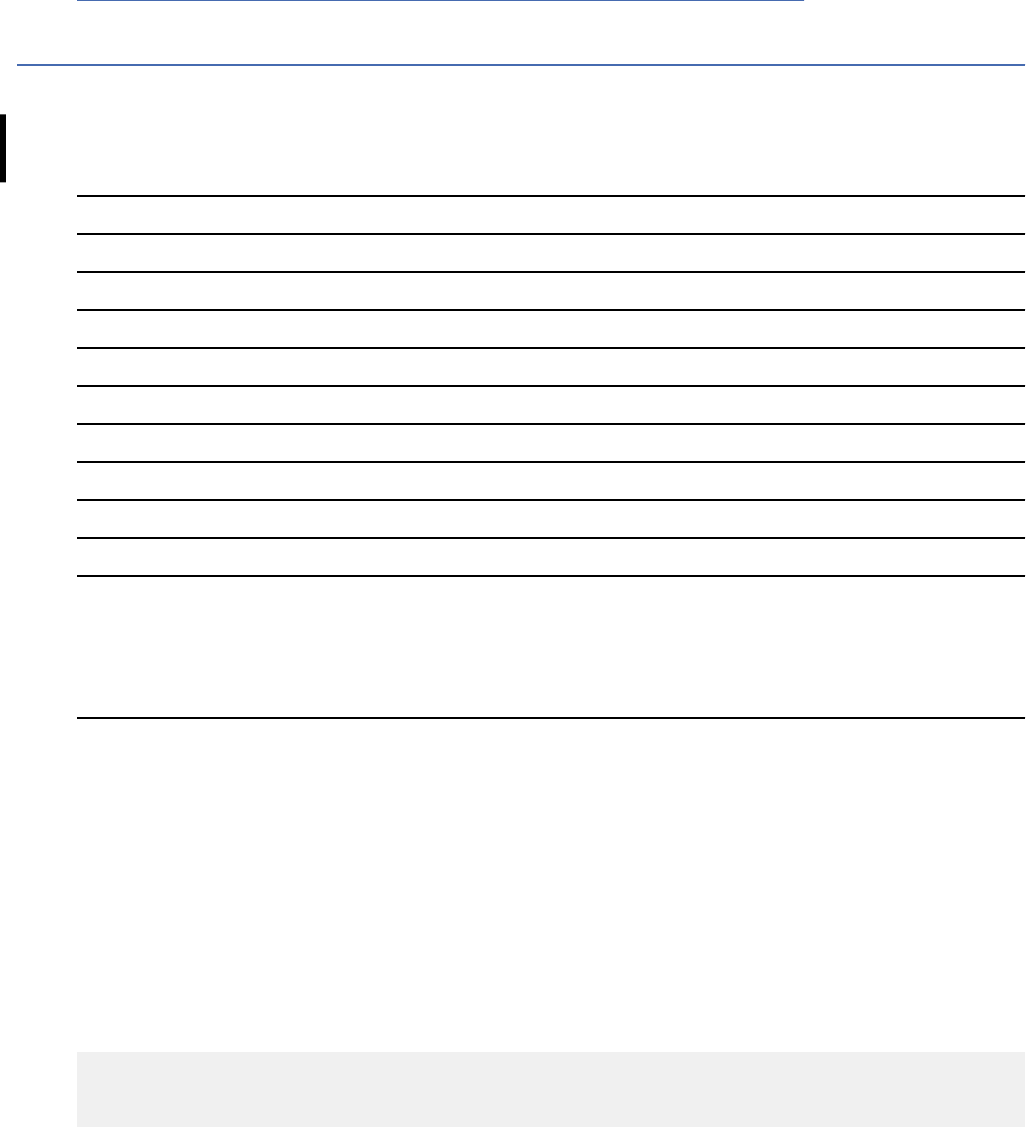
statement. Ensure that the output data set has DCB options of RECFM=V or VB, LRECL=4092, and
BLKSIZE of at least LRECL + 4. If the DD statement is missing, Db2 issues the message IEC130I and
continues processing without any output.
You might want to save and print the data set, as the information is useful for diagnostic purposes. You
can use the IMS module, DFSERA10, to print the variable-length data set records in both hexadecimal and
character format.
Related concepts
Submitting work to be processed (Db2 Data Sharing Planning and Administration)
Db2-supplied JCL procedures for preparing an application
You can precompile and prepare an application program using a Db2-supplied JCL procedure.
Db2 has a unique JCL procedure for each supported language, with appropriate defaults for starting
the Db2 precompiler and host language compiler or assembler. The procedures are in prex.SDSNSAMP
member DSNTIJMP, which installs the procedures.
Table 150. Procedures for precompiling programs
Language Procedure Invocation included in…
High-level assembler DSNHASM DSNTEJ2A
C DSNHC DSNTEJ2D
C++ DSNHCPP DSNTEJ2E
C++ DSNHCPP2
2
DSNTEJ6V
Enterprise COBOL DSNHICOB DSNTEJ2C
1
Fortran DSNHFOR DSNTEJ2F
PL/I DSNHPLI DSNTEJ2P
SQL DSNHSQL DSNTEJ63
Notes:
1. You must customize these programs to invoke the procedures that are listed in this table.
2. This procedure demonstrates how you can prepare an object-oriented program that consists of two
data sets or members, both of which contain SQL.
If you use the PL/I macro processor, you must not use the PL/I *PROCESS statement in the source to
pass options to the PL/I compiler. You can specify the needed options on the PARM.PLI= parameter of the
EXEC statement in the DSNHPLI procedure.
JCL to include the appropriate interface code when using the Db2-supplied
JCL procedures
To include the proper interface code when you submit the JCL procedures, use an INCLUDE SYSLIB
statement in your link-edit JCL. The statement should specify the correct language interface module for
the environment.
TSO, batch
//LKED.SYSIN DD *
INCLUDE SYSLIB(member)
/*
member must be DSNELI or DSNULI, except for FORTRAN, in which case member must be DSNHFT.
Chapter 9. Preparing an application to run on Db2 for z/OS
909
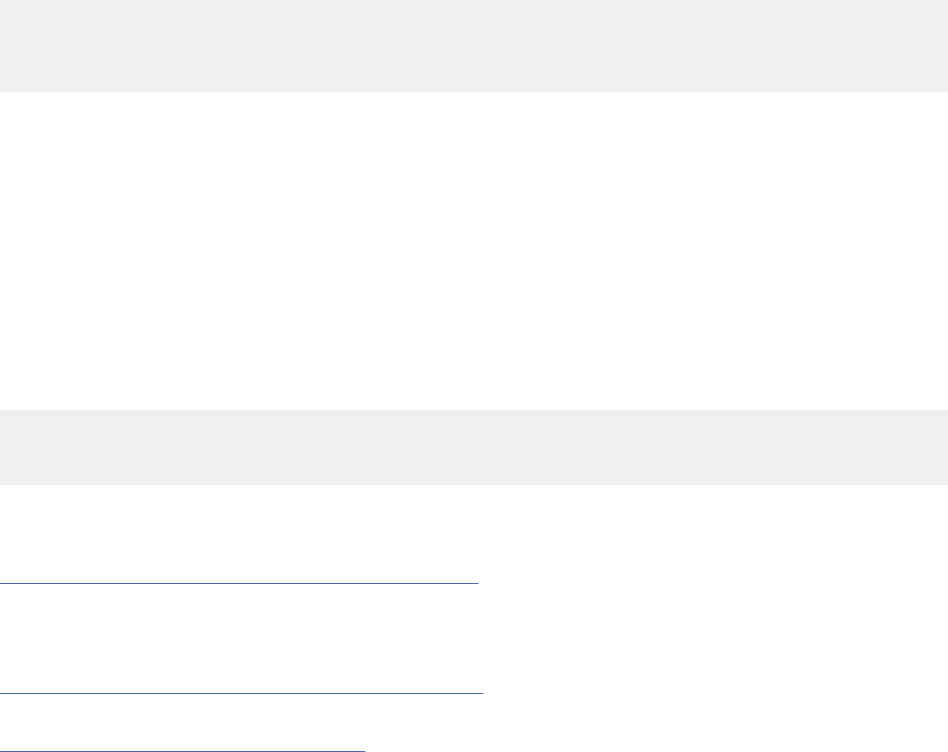
IMS
//LKED.SYSIN DD *
INCLUDE SYSLIB(DFSLI000)
ENTRY (specification)
/*
DFSLI000 is the module for DL/I batch attach.
ENTRY specication varies depending on the host language. Include one of the following:
DLITCBL, for COBOL applications
PLICALLA, for PL/I applications
The program name, for assembler language applications.
Recommendation: For COBOL applications, specify the PSB linkage directly on the PROCEDURE
DIVISION statement instead of on a DLITCBL entry point. When you specify the PSB linkage directly
on the PROCEDURE DIVISION statement, you can either omit the ENTRY specication or specify the
application program name instead of the DLITCBL entry point.
CICS
//LKED.SYSIN DD *
INCLUDE SYSLIB(member)
/*
member must be DSNCLI or DSNULI.
Related concepts
“Universal language interface (DSNULI)” on page 113
The universal language interface (DSNULI) subcomponent determines the runtime environment and
dynamically loads and branches to the appropriate language interface module.
Related tasks
Making the CAF language interface (DSNALI) available
Before you can invoke the call attachment facility (CAF), you must rst make DSNALI available.
Compiling and link-editing an application
If you use the Db2 coprocessor, you process SQL statements as you compile your program, and the next
step is the link edit the program. The purpose of the link-edit step is to produce an executable load
module.
Tailoring Db2-supplied JCL procedures for preparing CICS programs
Instead of using the Db2 Program Preparation panels to prepare your CICS program, you can tailor
CICS-supplied JCL procedures to do that. To tailor a CICS procedure, you need to add some steps and
change some DD statements.
About this task
Make changes as needed to perform the following actions:
• Process the program with the Db2 precompiler.
• Bind the application plan. You can do this any time after you precompile the program. You can bind the
program either online by the DB2I panels or as a batch step in this or another z/OS job.
• Include a DD statement in the linkage editor step to access the Db2 load library.
• Be sure the linkage editor control statements contain an INCLUDE statement for the Db2 language
interface module.
910
Db2 12 for z/OS: Application Programming and SQL Guide (Last updated: 2024-07-30)

The following example illustrates the necessary changes. This example assumes the use of a COBOL
program. For any other programming language, change the CICS procedure name and the Db2
precompiler options.
//TESTC01 JOB
//*
//*********************************************************
//* DB2 PRECOMPILE THE COBOL PROGRAM
//*********************************************************
(1) //PC EXEC PGM=DSNHPC,
(1) // PARM='HOST(COB2),XREF,SOURCE,FLAG(I),APOST'
(1) //STEPLIB DD DISP=SHR,DSN=prefix.SDSNEXIT
(1) // DD DISP=SHR,DSN=prefix.SDSNLOAD
(1) //DBRMLIB DD DISP=OLD,DSN=USER.DBRMLIB.DATA(TESTC01)
(1) //SYSCIN DD DSN=&&DSNHOUT,DISP=(MOD,PASS),UNIT=SYSDA,
(1) // SPACE=(800,(500,500))
(1) //SYSLIB DD DISP=SHR,DSN=USER.SRCLIB.DATA
(1) //SYSPRINT DD SYSOUT=*
(1) //SYSTERM DD SYSOUT=*
(1) //SYSUDUMP DD SYSOUT=*
(1) //SYSUT1 DD SPACE=(800,(500,500),,,ROUND),UNIT=SYSDA
(1) //SYSUT2 DD SPACE=(800,(500,500),,,ROUND),UNIT=SYSDA
(1) //SYSIN DD DISP=SHR,DSN=USER.SRCLIB.DATA(TESTC01)
(1) //*
//********************************************************************
//*** BIND THIS PROGRAM.
//********************************************************************
(2) //BIND EXEC PGM=IKJEFT01,
(2) // COND=((4,LT,PC))
(2) //STEPLIB DD DISP=SHR,DSN=prefix.SDSNEXIT
(2) // DD DISP=SHR,DSN=prefix.SDSNLOAD
(2) //DBRMLIB DD DISP=OLD,DSN=USER.DBRMLIB.DATA(TESTC01)
(2) //SYSPRINT DD SYSOUT=*
(2) //SYSTSPRT DD SYSOUT=*
(2) //SYSUDUMP DD SYSOUT=*
(2) //SYSTSIN DD *
(2) DSN S(DSN)
(2) BIND PLAN(TESTC01) MEMBER(TESTC01) ACTION(REP) RETAIN ISOLATION(CS)
(2) END
//********************************************************************
//* COMPILE THE COBOL PROGRAM
//********************************************************************
(3) //CICS EXEC DFHEITVL
(4) //TRN.SYSIN DD DSN=&&DSNHOUT,DISP=(OLD,DELETE)
(5) //LKED.SYSLMOD DD DSN=USER.RUNLIB.LOAD
(6) //LKED.CICSLOAD DD DISP=SHR,DSN=prefix.SDFHLOAD
//LKED.SYSIN DD *
(7) INCLUDE CICSLOAD(DSNCLI)
NAME TESTC01(R)
//********************************************************************
The procedure accounts for these steps:
Step 1. Precompile the program. The output of the Db2 precompiler becomes the input to the CICS
command language translator.
Step 2. Bind the application plan.
Step 3. Call the CICS procedure to translate, compile, and link-edit a COBOL program. This procedure
has several options that you need to consider.
Step 4. Reflect an application load library in the data set name of the SYSLMOD DD statement. You
must include the name of this load library in the DFHRPL DD statement of the CICS run time JCL.
Step 5. Name the CICS load library that contains the module DSNCLI.
Step 6. Direct the linkage editor to include the CICS-Db2 language interface module (DSNCLI). In this
example, the order of the various control sections (CSECTs) is of no concern because the structure of
the procedure automatically satises any order requirements.
For more information about the procedure DFHEITVL, other CICS procedures, or CICS requirements for
application programs, please see the appropriate CICS manual.
If you are preparing a particularly large or complex application, you can use another preparation method.
For example, if your program requires four of your own link-edit include libraries, you cannot prepare the
Chapter 9. Preparing an application to run on Db2 for z/OS
911
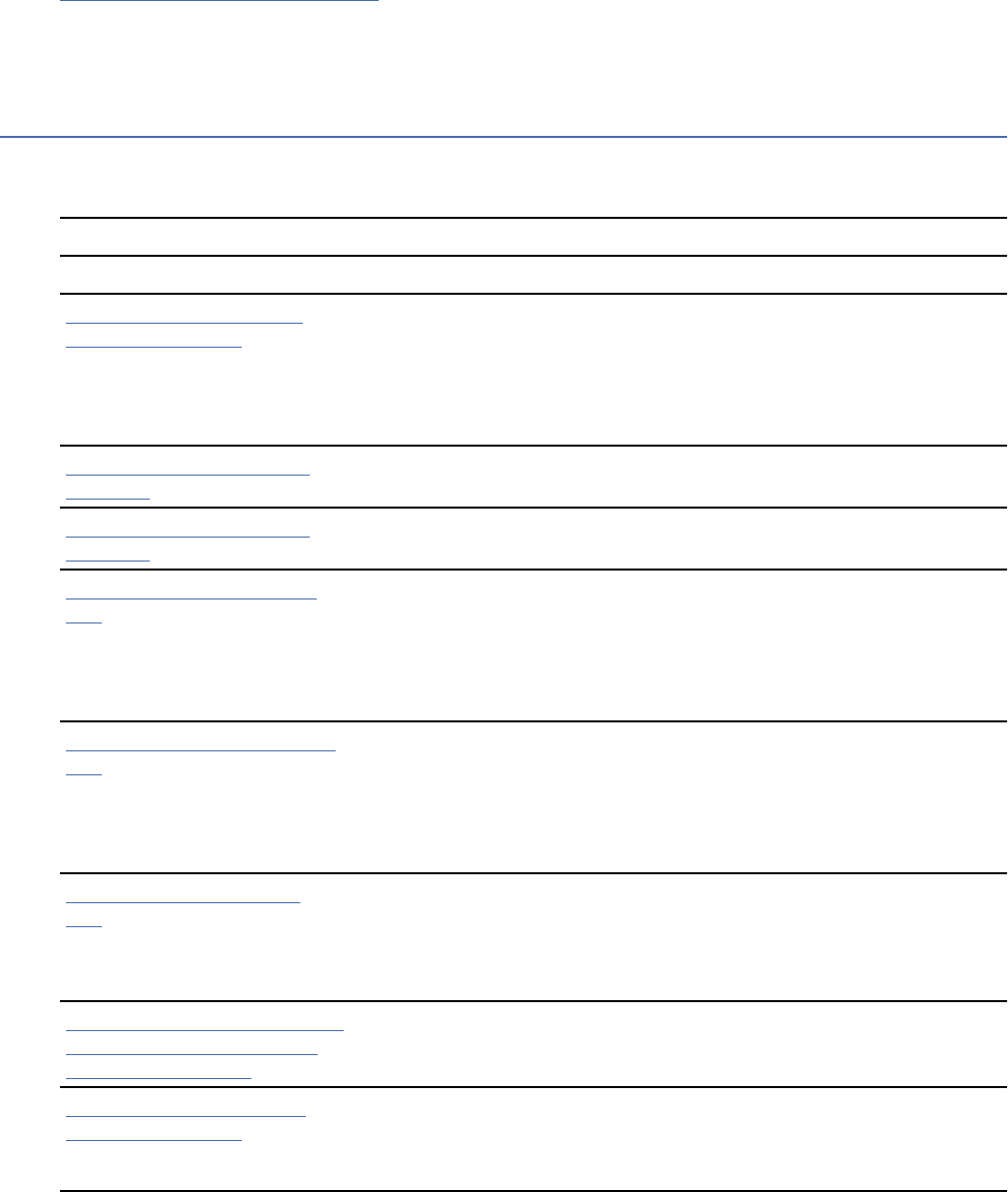
program with DB2I, because DB2I limits the number of include libraries to three, plus language, IMS or
CICS, and Db2 libraries. Therefore, you would need another preparation method. Be careful to use the
correct language interface.
Related reference
Data sets that the precompiler uses
When you invoke the precompiler you need to provide data sets that contain input for the precompiler,
such as the host programming statements and SQL statements. You also need to provide data sets where
the precompiler can store its output, such as the modied source code and diagnostics messages.
DB2I panels that are used for program preparation
DB2I contains a set of panels that let you prepare an application for execution.
The following table describes each of the panels that you need to use to prepare an application.
Table 151. DB2I panels used for program preparation
Panel name Panel description
“Db2 Program Preparation
panel” on page 913
Lets you choose specic program preparation functions to perform.
For the functions that you choose, you can also display the associated
panels to specify options for performing those functions.
This panel also lets you change the DB2I default values and perform
other precompile and prelink functions.
“DB2I Defaults Panel 1” on
page 917
Lets you change many of the system defaults that are set at Db2
installation time.
“DB2I Defaults Panel 2” on
page 919
Lets you change your default job statement and set additional COBOL
options.
“Precompile panel” on page
920
Lets you specify values for precompile functions.
You can reach this panel directly from the DB2I Primary Option Menu or
from the Db2 Program Preparation panel. If you reach this panel from
the Program Preparation panel, many of the elds contain values from
the Primary and Precompile panels.
“Bind Package panel” on page
922
Lets you change many options when you bind a package.
You can reach this panel directly from the DB2I Primary Option Menu or
from the Db2 Program Preparation panel. If you reach this panel from
the Db2 Program Preparation panel, many of the elds contain values
from the Primary and Precompile panels.
“Bind Plan panel” on page
924
Lets you change options when you bind an application plan.
You can reach this panel directly from the DB2I Primary Option Menu
or as a part of the program preparation process. This panel also follows
the Bind Package panels.
“Defaults for Bind Package and
Defaults for Rebind Package
panels” on page 926
Let you change the defaults for BIND or REBIND PACKAGE or PLAN.
“System Connection Types
panel” on page 931
Lets you specify a system connection type.
This panel displays if you choose to enable or disable connections on
the Bind or Rebind Package or Plan panels.
912Db2 12 for z/OS: Application Programming and SQL Guide (Last updated: 2024-07-30)
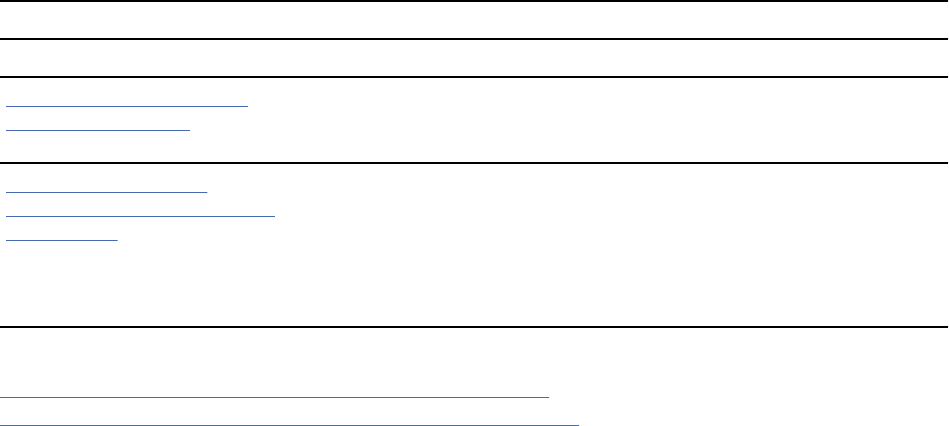
Table 151. DB2I panels used for program preparation (continued)
Panel name Panel description
“Panels for entering lists of
values” on page 933
Let you enter or modify an unlimited number of values. A list panel
looks similar to an ISPF edit session and lets you scroll and use a
limited set of commands.
“Program Preparation:
Compile, Link, and Run panel”
on page 934
Lets you perform the last two steps in the program preparation process
(compile and link-edit).
This panel also lets you do the PL/I MACRO PHASE for programs that
require this option.
For TSO programs, the panel also lets you run programs.
Related reference
The DB2I primary option menu (Introduction to Db2 for z/OS)
DB2I panels that are used to rebind and free plans and packages
A set of DB2I panels lets you bind, rebind, or free packages.
Db2 Program Preparation panel
The Db2 Program Preparation panel lets you choose which specic program preparation function to
perform.
For the functions you choose, you can also choose to display the associated panels to specify options for
performing those functions. Some of the functions you can select are:
Precompile
The panel for this function lets you control the Db2 precompiler.
Bind a package
The panel for this function lets you bind your program's DBRM to a package and change your defaults
for binding the packages.
Bind a plan
The panel for this function lets you create your program's application plan and change your defaults
for binding the plans.
Compile, link, and run
The panel for these functions let you control the compiler or assembler and the linkage editor.
TSO and batch: For TSO programs, you can use the program preparation programs to control the host
language run time processor and the program itself.
The Program Preparation panel also lets you change the DB2I default values, and perform other
precompile and prelink functions.
On the Db2 Program Preparation panel, shown in the following gure, enter the name of the source
program data set (this example uses SAMPLEPG.COBOL) and specify the other options you want to
include. When nished, press ENTER to view the next panel.
Chapter 9. Preparing an application to run on Db2 for z/OS
913

DSNEPP01 DB2 PROGRAM PREPARATION SSID: DSN
COMMAND ===>_
Enter the following:
1 INPUT DATA SET NAME .... ===> SAMPLEPG.COBOL
2 DATA SET NAME QUALIFIER ===> TEMP (For building data set names)
3 PREPARATION ENVIRONMENT ===> FOREGROUND (FOREGROUND, BACKGROUND, EDITJCL)
4 RUN TIME ENVIRONMENT ... ===> TSO (TSO, CAF, CICS, IMS, RRSAF)
5 OTHER DSNH OPTIONS ..... ===>
(Optional DSNH keywords)
Select functions: Display panel? Perform function?
6 CHANGE DEFAULTS ........ ===> Y (Y/N)
7 PL/I MACRO PHASE ....... ===> N (Y/N) ===> N (Y/N)
8 PRECOMPILE ............. ===> Y (Y/N) ===> Y (Y/N)
9 CICS COMMAND TRANSLATION ===> N (Y/N)
10 BIND PACKAGE ........... ===> Y (Y/N) ===> Y (Y/N)
11 BIND PLAN............... ===> Y (Y/N) ===> Y (Y/N)
12 COMPILE OR ASSEMBLE .... ===> Y (Y/N) ===> Y (Y/N)
13 PRELINK................. ===> N (Y/N) ===> N (Y/N)
14 LINK.................... ===> N (Y/N) ===> Y (Y/N)
15 RUN..................... ===> N (Y/N) ===> Y (Y/N)
Figure 46. The Db2 Program Preparation panel
The following explains the functions on the Db2 Program Preparation panel and how to complete the
necessary elds in order to start program preparation.
1 INPUT DATA SET NAME
Lets you specify the input data set name. The input data set name can be a PDS or a sequential data
set, and can also include a member name. If you do not enclose the data set name in apostrophes, a
standard TSO prex (user ID) qualies the data set name.
The input data set name you specify is used to precompile, bind, link-edit, and run the program.
2 DATA SET NAME QUALIFIER
Lets you qualify temporary data set names involved in the program preparation process. Use any
character string 1–8 characters that conforms to normal TSO naming conventions. (The default is
TEMP.)
For programs that you prepare in the background or that use EDITJCL for the PREPARATION
ENVIRONMENT option, Db2 creates a data set named tsoprex.qualier.CNTL to contain the program
preparation JCL. The name tsoprex represents the prex TSO assigns, and qualier represents the
value you enter in the DATA SET NAME QUALIFIER eld. If a data set with this name already exists,
Db2 deletes it.
3 PREPARATION ENVIRONMENT
Lets you specify whether program preparation occurs in the foreground or background. You can also
specify EDITJCL, in which case you are able to edit and then submit the job. Use:
FOREGROUND to use the values you specify on the Program Preparation panel and to run
immediately.
BACKGROUND to create and submit a le containing a DSNH CLIST that runs immediately using
the JOB control statement from either the DB2I Defaults panel or your site's SUBMIT exit. The le
is saved.
EDITJCL to create and open a le containing a DSNH CLIST in edit mode. You can then submit the
CLIST or save it.
4 RUN TIME ENVIRONMENT
Lets you specify the environment (TSO, CAF, CICS, IMS, RRSAF) in which your program runs.
All programs are prepared under TSO, but can run in any of the environments. If you specify CICS,
IMS, or RRSAF, then you must set the RUN eld to NO because you cannot run such programs from
the Program Preparation panel. If you set the RUN eld to YES, you can specify only TSO or CAF.
(Batch programs also run under the TSO Terminal Monitor Program. You therefore need to specify TSO
in this eld for batch programs.)
914
Db2 12 for z/OS: Application Programming and SQL Guide (Last updated: 2024-07-30)
5 OTHER DSNH OPTIONS
Lets you specify a list of DSNH options that affect the program preparation process, and that override
options specied on other panels. If you are using CICS, these can include options you want to specify
to the CICS command translator.
If you specify options in this eld, separate them by commas. You can continue listing options on the
next line, but the total length of the option list can be no more than 70 bytes.
Fields 6 through 15 let you select the function to perform and to choose whether to show the DB2I panels
for the functions you select. Use Y for YES, or N for NO.
If you are willing to accept default values for all the steps, enter N under Display panel? for all the other
preparation panels listed.
To make changes to the default values, entering Y under Display panel? for any panel you want to see.
DB2I then displays each of the panels that you request. After all the panels display, Db2 proceeds with
the steps involved in preparing your program to run.
Variables for all functions used during program preparation are maintained separately from variables
entered from the DB2I Primary Option Menu. For example, the bind plan variables you enter on the
Program Preparation panel are saved separately from those on any Bind Plan panel that you reach from
the Primary Option Menu.
6 CHANGE DEFAULTS
Lets you specify whether to change the DB2I defaults. Enter Y in the Display panel? eld next to this
option; otherwise enter N. Minimally, you should specify your subsystem identier and programming
language on the Defaults panel.
7 PL/I MACRO PHASE
Lets you specify whether to display the "Program Preparation: Compile, Link, and Run" panel to
control the PL/I macro phase by entering PL/I options in the OPTIONS eld of that panel. That panel
also displays for options COMPILE OR ASSEMBLE, LINK, and RUN.
This eld applies to PL/I programs only. If your program is not a PL/I program or does not use the PL/I
macro processor, specify N in the Perform function eld for this option, which sets the Display panel?
eld to the default N.
8 PRECOMPILE
Lets you specify whether to display the Precompile panel. To see this panel enter Y in the Display
panel? eld next to this option; otherwise enter N.
9 CICS COMMAND TRANSLATION
Lets you specify whether to use the CICS command translator. This eld applies to CICS programs
only.
IMS and TSO: If you run under TSO or IMS, ignore this step; this allows the Perform function eld to
default to N.
CICS: If you are using CICS and have precompiled your program, you must translate your program
using the CICS command translator.
The command translator does not have a separate DB2I panel. You can specify translation options on
the Other Options eld of the Db2 Program Preparation panel, or in your source program if it is not an
assembler program.
Because you specied a CICS run time environment, the Perform function column defaults to Y.
Command translation takes place automatically after you precompile the program.
10 BIND PACKAGE
Lets you specify whether to display the Bind Package panel. To see it, enter Y in the Display panel?
eld next to this option; otherwise, enter N.
11 BIND PLAN
Lets you specify whether to display the Bind Plan panel. To see it, enter Y in the Display panel? eld
next to this option; otherwise, enter N.
Chapter 9. Preparing an application to run on Db2 for z/OS
915

12 COMPILE OR ASSEMBLE
Lets you specify whether to display the "Program Preparation: Compile, Link, and Run" panel. To see
this panel enter Y in the Display panel? eld next to this option; otherwise, enter N.
13 PRELINK
Lets you use the prelink utility to make your C, C++, or Enterprise COBOL for z/OS program reentrant.
This utility concatenates compile-time initialization information from one or more text decks into a
single initialization unit. To use the utility, enter Y in the Display panel? eld next to this option;
otherwise, enter N. If you request this step, then you must also request the compiler step and the
link-edit step.
14 LINK
Lets you specify whether to display the "Program Preparation: Compile, Link, and Run" panel. To see
it, enter Y in the Display panel? eld next to this option; otherwise, enter N. If you specify Y in the
Display panel? eld for the COMPILE OR ASSEMBLE option, you do not need to make any changes
to this eld; the panel displayed for COMPILE OR ASSEMBLE is the same as the panel displayed for
LINK. You can make the changes you want to affect the link-edit step at the same time you make the
changes to the compiler step.
15 RUN
Lets you specify whether to run your program. The RUN option is available only if you specify TSO or
CAF for RUN TIME ENVIRONMENT.
If you specify Y in the Display panel? eld for the COMPILE OR ASSEMBLE or LINK option, you can
specify N in this eld, because the panel displayed for COMPILE OR ASSEMBLE and for LINK is the
same as the panel displayed for RUN.
IMS and CICS: IMS and CICS programs cannot run using DB2I. If you are using IMS or CICS, use N in
these elds.
TSO and batch: If you are using TSO and want to run your program, you must enter Y in the Perform
function column next to this option. You can also indicate that you want to specify options and values
to affect the running of your program, by entering Y in the Display panel column.
Pressing ENTER takes you to the rst panel in the series you specied, in this example to the DB2I
Defaults panel. If, at any point in your progress from panel to panel, you press the END key, you return
to this rst panel, from which you can change your processing specications. Asterisks (*) in the Display
panel? column of rows 7 through 14 indicate which panels you have already examined. You can see a
panel again by writing a Y over an asterisk.
Related reference
Bind Package panel
The Bind Package panel is the rst of two DB2I panels that request information about how you want to
bind a package.
Bind Plan panel
The Bind Plan panel is the rst of two DB2I panels that request information about how you want to bind
an application plan.
DB2I Defaults Panel 1
DB2I Defaults Panel 1 lets you change many of the system default values that were set at Db2 installation
time.
Defaults for Bind Package and Defaults for Rebind Package panels
These DB2I panels lets you change your defaults for BIND PACKAGE and REBIND PACKAGE options.
Defaults for Bind Plan and Defaults for Rebind Plan panels
These DB2I panels let you change your defaults for BIND PLAN and REBIND PLAN options.
Precompile panel
After you set the DB2I defaults, you can precompile your application. You can reach the Precompile panel
by specifying it as a part of the program preparation process from the Db2 Program Preparation panel. Or
you can reach it directly from the DB2I Primary Option Menu.
Program Preparation: Compile, Link, and Run panel
916
Db2 12 for z/OS: Application Programming and SQL Guide (Last updated: 2024-07-30)

The Compile, Link, and Run panel lets you perform the last two steps in the program preparation process
(compile and link-edit). This panel also lets you perform the PL/I MACRO PHASE for programs that require
this option.
DSNH command procedure (TSO CLIST) (Db2 Commands)
Prelinking an application (z/OS Language Environment Programming Guide)
DB2I Defaults Panel 1
DB2I Defaults Panel 1 lets you change many of the system default values that were set at Db2 installation
time.
The following gure shows the elds that affect the processing of the other DB2I panels.
DSNEOP01 DB2I DEFAULTS PANEL 1
COMMAND ===>_
Change defaults as desired:
1 DB2 NAME ............. ===> DSN (Subsystem identifier)
2 DB2 CONNECTION RETRIES ===> 0 (How many retries for DB2 connection)
3 APPLICATION LANGUAGE ===> IBMCOB (ASM, C, CPP, IBMCOB, FORTRAN, PLI)
4 LINES/PAGE OF LISTING ===> 60 (A number from 5 to 999)
5 MESSAGE LEVEL ........ ===> I (Information, Warning, Error, Severe)
6 SQL STRING DELIMITER ===> DEFAULT (DEFAULT, ' or ")
7 DECIMAL POINT ........ ===> . (. or ,)
8 STOP IF RETURN CODE >= ===> 8 (Lowest terminating return code)
9 NUMBER OF ROWS ===> 20 (For ISPF Tables)
10 AS USER ===> (User ID to associate with trusted connection)
Figure 47. DB2I Defaults Panel 1
The following explains the elds on DB2I Defaults Panel 1.
1 Db2 NAME
Lets you specify the Db2 subsystem that processes your DB2I requests. If you specify a different Db2
subsystem, its identier displays in the SSID (subsystem identier) eld located at the top, right side
of your screen. The default is DSN.
2 Db2 CONNECTION RETRIES
Lets you specify the number of additional times to attempt to connect to Db2, if Db2 is not up when
the program issues the DSN command. The program preparation process does not use this option.
Use a number from 0 to 120. The default is 0. Connections are attempted at 30-second intervals.
3 APPLICATION LANGUAGE
Lets you specify the default programming language for your application program. You can specify any
of the following languages:
ASM
For High Level Assembler/z/OS
C
For C language
CPP
For C++
IBMCOB
For Enterprise COBOL for z/OS. This option is the default.
FORTRAN
For VS Fortran
PLI
For PL/I
Chapter 9. Preparing an application to run on Db2 for z/OS
917

If you specify IBMCOB, Db2 prompts you for more COBOL defaults on panel DSNEOP02. See “DB2I
Defaults Panel 2” on page 919.
You cannot specify FORTRAN for IMS or CICS programs.
4 LINES/PAGE OF LISTING
Lets you specify the number of lines to print on each page of listing or SPUFI output. The default is 60.
5 MESSAGE LEVEL
Lets you specify the lowest level of message to return to you during the BIND phase of the preparation
process. Use:
I
For all information, warning, error, and severe error messages
W
For warning, error, and severe error messages
E
For error and severe error messages
S
For severe error messages only
6 SQL STRING DELIMITER
Lets you specify the symbol used to delimit a string in SQL statements in COBOL programs. This
option is valid only when the application language is IBMCOB. Use:
DEFAULT
To use the default dened at installation time
'
For an apostrophe
"
For a quotation mark
7 DECIMAL POINT
Lets you specify how your host language source program represents decimal separators and how
SPUFI displays decimal separators in its output. Use a comma (,) or a period (.). The default is a period
(.).
8 STOP IF RETURN CODE >=
Lets you specify the smallest value of the return code (from precompile, compile, link-edit, or bind)
that will prevent later steps from running. Use:
4
To stop on warnings and more severe errors.
8
To stop on errors and more severe errors. The default is 8.
9 NUMBER OF ROWS
Lets you specify the default number of input entry rows to generate on the initial display of ISPF
panels. The number of rows with non-blank entries determines the number of rows that appear on
later displays.
10 AS USER
Lets you specify a user ID to associate with the trusted connection for the current DB2I session.
Db2 establishes the trusted connection for the user that you specify if the following conditions are
true:
• The primary authorization ID that Db2 obtains after running the connection exit is allowed to use the
trusted connection without authentication.
• The security label, if dened either implicitly or explicitly in the trusted context for the user, is
dened in RACF for the user.
918
Db2 12 for z/OS: Application Programming and SQL Guide (Last updated: 2024-07-30)

After Db2 establishes the trusted connection, the primary authorization ID, any secondary
authorization IDs, any role, and any security label that is associated with the user ID that is specied
in the AS USER eld are used for the trusted connection. Db2 uses this security label to verify
multilevel security for the user.
If the primary authorization ID that is associated with the user ID that is specied in the AS USER eld
is not allowed to use the trusted connection or requires authentication information, the connection
request fails. If Db2 cannot verify the security label, the connection request also fails.
The value that you enter in this eld is retained only for the length of the DB2I session. The eld is
reset to blank when you exit DB2I.
Suppose that the default programming language is PL/I and the default number of lines per page of
program listing is 60. Your program is in COBOL, so you want to change eld 3, APPLICATION LANGUAGE.
You also want to print 80 lines to the page, so you need to change eld 4, LINES/PAGE OF LISTING, as
well. Figure 47 on page 917 shows the entries that you make in DB2I Defaults Panel 1 to make these
changes. In this case, pressing ENTER takes you to Db2 Defaults Panel 2.
DB2I Defaults Panel 2
After you press Enter on the DB2I Defaults Panel 1, the DB2I Defaults Panel 2 is displayed. If you chose
IBMCOB as the language on the DB2I Defaults Panel 1, three elds are displayed. Otherwise, only the rst
eld is displayed.
The following gure shows the DB2I Defaults Panel 2 when IBMCOB is selected.
DSNEOP02 DB2I DEFAULTS PANEL 2
COMMAND ===>_
Change defaults as desired:
1 DB2I JOB STATEMENT: (Optional if your site has a SUBMIT exit)
===> //USRT001A JOB (ACCOUNT),'NAME'
===> //*
===> //*
===> //*
COBOL DEFAULTS: (For IBMCOB)
2 COBOL STRING DELIMITER ===> DEFAULT (DEFAULT, ' or ")
3 DBCS SYMBOL FOR DCLGEN ===> G (G/N - Character in PIC clause)
Figure 48. DB2I Defaults Panel 2
1 DB2I JOB STATEMENT
Lets you change your default job statement. Specify a job control statement, and optionally, a JOBLIB
statement to use either in the background or the EDITJCL program preparation environment. Use a
JOBLIB statement to specify run time libraries that your application requires. If your program has a
SUBMIT exit routine, Db2 uses that routine. If that routine builds a job control statement, you can
leave this eld blank.
2 COBOL STRING DELIMITER
Lets you specify the symbol used to delimit a string in a COBOL statement in a COBOL application.
Use:
DEFAULT
To use the default dened at installation time
'
For an apostrophe
"
For a quotation mark
Leave this eld blank to accept the default value.
Chapter 9. Preparing an application to run on Db2 for z/OS
919

3 DBCS SYMBOL FOR DCLGEN
Lets you enter either G (the default) or N, to specify whether DCLGEN generates a picture clause that
has the form PIC G(n) DISPLAY-1 or PIC N(n).
Leave this eld blank to accept the default value.
Pressing ENTER takes you to the next panel you specied on the Db2 Program Preparation panel, in this
case, to the Precompile panel.
Precompile panel
After you set the DB2I defaults, you can precompile your application. You can reach the Precompile panel
by specifying it as a part of the program preparation process from the Db2 Program Preparation panel. Or
you can reach it directly from the DB2I Primary Option Menu.
The way you choose to reach the panel determines the default values of the elds it contains. The
following gure shows the Precompile panel.
DSNETP01 PRECOMPILE SSID: DSN
COMMAND ===>_
Enter precompiler data sets:
1 INPUT DATA SET .... ===> SAMPLEPG.COBOL
2 INCLUDE LIBRARY ... ===> SRCLIB.DATA
3 DSNAME QUALIFIER .. ===> TEMP (For building data set names)
4 DBRM DATA SET ..... ===>
Enter processing options as desired:
5 WHERE TO PRECOMPILE ===> FOREGROUND (FOREGROUND, BACKGROUND, or EDITJCL)
6 VERSION ........... ===>
(Blank, VERSION, or AUTO)
7 OTHER OPTIONS ..... ===>
Figure 49. The Precompile panel
The following explains the functions on the Precompile panel, and how to enter the elds for preparing to
precompile.
1 INPUT DATA SET
Lets you specify the data set name of the source program and SQL statements to precompile.
If you reached this panel through the Db2 Program Preparation panel, this eld contains the data set
name specied there. You can override it on this panel.
If you reached this panel directly from the DB2I Primary Option Menu, you must enter the data set
name of the program you want to precompile. The data set name can include a member name. If you
do not enclose the data set name with apostrophes, a standard TSO prex (user ID) qualies the data
set name.
2 INCLUDE LIBRARY
Lets you enter the name of a library containing members that the precompiler should include. These
members can contain output from DCLGEN. If you do not enclose the name in apostrophes, a
standard TSO prex (user ID) qualies the name.
You can request additional INCLUDE libraries by entering DSNH CLIST parameters of the form
PnLIB(dsname), where n is 2, 3, or 4) on the OTHER OPTIONS eld of this panel or on the OTHER
DSNH OPTIONS eld of the Program Preparation panel.
3 DSNAME QUALIFIER
Lets you specify a character string that qualies temporary data set names during precompile.
Use any character string from 1 to 8 characters in length that conforms to normal TSO naming
conventions.
If you reached this panel through the Db2 Program Preparation panel, this eld contains the data set
name qualier specied there. You can override it on this panel.
920
Db2 12 for z/OS: Application Programming and SQL Guide (Last updated: 2024-07-30)
If you reached this panel from the DB2I Primary Option Menu, you can either specify a DSNAME
QUALIFIER or let the eld take its default value, TEMP.
IMS and TSO: For IMS and TSO programs, Db2 stores the precompiled source statements (to pass
to the compiler or assemble step) in a data set named tsoprex.qualier.sufx. A data set named
tsoprex.qualier.PCLIST contains the precompiler print listing.
For programs prepared in the background or that use the PREPARATION ENVIRONMENT option
EDITJCL (on the Db2 Program Preparation panel), a data set named tsoprex.qualier.CNTL contains
the program preparation JCL.
In these examples, tsoprex represents the prex TSO assigns, often the same as the authorization
ID. qualier represents the value entered in the DSNAME QUALIFIER eld. sufx represents the
output name, which is one of the following: COBOL, FORTRAN, C, PLI, ASM, DECK, CICSIN, OBJ, or
DATA. In the Precompile Panel that is shown above, the data set tsoprex.TEMP.COBOL contains the
precompiled source statements, and tsoprex.TEMP.PCLIST contains the precompiler print listing. If
data sets with these names already exist, then Db2 deletes them.
CICS: For CICS programs, the data set tsoprex.qualier.sufx receives the precompiled source
statements in preparation for CICS command translation.
If you do not plan to do CICS command translation, the source statements in tsoprex.qualier.sufx,
are ready to compile. The data set tsoprex.qualier.PCLIST contains the precompiler print listing.
When the precompiler completes its work, control passes to the CICS command translator.
Because there is no panel for the translator, translation takes place automatically. The data set
tsoprex.qualier.CXLIST contains the output from the command translator.
4 DBRM DATA SET
Lets you name the DBRM library data set for the precompiler output. The data set can also include a
member name.
When you reach this panel, the eld is blank. When you press ENTER, however, the value contained
in the DSNAME QUALIFIER eld of the panel, concatenated with DBRM, species the DBRM data set:
qualier.DBRM.
You can enter another data set name in this eld only if you allocate and catalog the data set before
doing so. This is true even if the data set name that you enter corresponds to what is otherwise the
default value of this eld.
The precompiler sends modied source code to the data set qualier.host, where host is the language
specied in the APPLICATION LANGUAGE eld of DB2I Defaults panel 1.
5 WHERE TO PRECOMPILE
Lets you indicate whether to precompile in the foreground or background. You can also specify
EDITJCL, in which case you are able to edit and then submit the job.
If you reached this panel from the Db2 Program Preparation panel, the eld contains the preparation
environment specied there. You can override that value if you want.
If you reached this panel directly from the DB2I Primary Option Menu, you can either specify a
processing environment or allow this eld to take its default value. Use:
FOREGROUND to immediately precompile the program with the values you specify in these panels.
BACKGROUND to create and immediately submit to run a le containing a DSNH CLIST using the
JOB control statement from either DB2I Defaults Panel 2 or your site's SUBMIT exit. The le is
saved.
EDITJCL to create and open a le containing a DSNH CLIST in edit mode. You can then submit the
CLIST or save it.
6 VERSION
Lets you specify the version of the program and its DBRM. If the version contains the maximum
number of characters permitted (64), you must enter each character with no intervening blanks from
one line to the next. This eld is optional.
Chapter 9. Preparing an application to run on Db2 for z/OS
921

7 OTHER OPTIONS
Lets you enter any option that the DSNH CLIST accepts, which gives you greater control over your
program. The DSNH options you specify in this eld override options specied on other panels. The
option list can continue to the next line, but the total length of the list can be no more than 70 bytes.
Related reference
DSNH command procedure (TSO CLIST) (Db2 Commands)
Bind Package panel
The Bind Package panel is the rst of two DB2I panels that request information about how you want to
bind a package.
You can reach the Bind Package panel either directly from the DB2I Primary Option Menu, or as a part
of the program preparation process. If you enter the Bind Package panel from the Program Preparation
panel, many of the Bind Package entries contain values from the Primary and Precompile panels. Figure
50 on page 922 shows the Bind Package panel.
DSNEBP07 BIND PACKAGE SSID: DSN
COMMAND ===>_
Specify output location and collection names:
1 LOCATION NAME ............. ===> (Defaults to local)
2 COLLECTION-ID ............. ===> > (Required)
Specify package source (DBRM or COPY):
3 DBRM: COPY: ===> DBRM (Specify DBRM or COPY)
4 MEMBER or COLLECTION-ID ===> >
5 PASSWORD or PACKAGE-ID .. ===> >
6 LIBRARY or VERSION ..... ===>
(Blank, or COPY version-id)
7 ........ -- OPTIONS ..... ===> (COMPOSITE or COMMAND)
Enter options as desired:
8 CHANGE CURRENT DEFAULTS? ===> NO (NO or YES)
9 ENABLE/DISABLE CONNECTIONS? ===> NO (NO or YES)
10 OWNER OF PACKAGE (AUTHID).. ===> > (Leave blank for primary ID)
11 QUALIFIER ................ ===> > (Leave blank for OWNER)
12 ACTION ON PACKAGE ........ ===> REPLACE (ADD or REPLACE)
13 INCLUDE PATH? ............ ===> NO (NO or YES)
14 REPLACE VERSION .......... ===> (Replacement version-id)
Figure 50. The Bind Package panel
The following information explains the functions on the Bind Package panel and how to ll the necessary
elds in order to bind your program.
1 LOCATION NAME
Lets you specify the system at which to bind the package. You can use 1–16 characters to specify
the location name. The location name must be dened in the catalog table SYSIBM.LOCATIONS. The
default is the local DBMS.
2 COLLECTION-ID
Lets you specify the collection the package is in. You can use 1–128 characters to specify the
collection, and the rst character must be alphabetic. This eld is scrollable.
3 DBRM: COPY:
Lets you specify whether you are creating a new package (DBRM) or making a copy of a package that
already exists (COPY). Use:
DBRM
To create a new package. You must specify values in the LIBRARY, PASSWORD, and MEMBER
elds.
COPY
To copy an existing package. You must specify values in the COLLECTION-ID and PACKAGE-ID
elds. (The VERSION eld is optional.)
922
Db2 12 for z/OS: Application Programming and SQL Guide (Last updated: 2024-07-30)

4 MEMBER or COLLECTION-ID
MEMBER (for new packages): If you are creating a new package, this option lets you specify the
DBRM to bind. You can specify a member name of 1–128 characters. This eld is scrollable. The
default name depends on the input data set name.
• If the input data set is partitioned, the default name is the member name of the input data set
specied in the INPUT DATA SET NAME eld of the Db2 Program Preparation panel.
• If the input data set is sequential, the default name is the second qualier of this input data set.
COLLECTION-ID (for copying a package): If you are copying a package, this option species the
collection ID that contains the original package. You can specify a collection ID of 1–128 characters,
which must be different from the collection ID specied on the PACKAGE ID eld. This eld is
scrollable.
5 PASSWORD or PACKAGE-ID
PASSWORD (for new packages): If you are creating a new package, this lets you enter password for
the library you list in the LIBRARY eld. You can use this eld only if you reached the Bind Package
panel directly from the Db2 Primary Option Menu. This eld is scrollable.
PACKAGE-ID (for copying packages): If you are copying a package, this option lets you specify the
name of the original package. You can enter a package ID of 1–128 characters. This eld is scrollable.
6 LIBRARY or VERSION
LIBRARY (for new packages): If you are creating a new package, this lets you specify the names of
the libraries that contain the DBRMs specied on the MEMBER eld for the bind process. Libraries are
searched in the order specied and must in the catalog tables.
VERSION (for copying packages): If you are copying a package, this option lets you specify the
version of the original package. You can specify a version ID of 1–64 characters.
7 OPTIONS
Lets you specify which bind options Db2 uses when you issue BIND PACKAGE with the COPY option.
Specify:
• COMPOSITE (default) to cause Db2 to use any options you specify in the BIND PACKAGE
command. For all other options, Db2 uses the options of the copied package.
• COMMAND to cause Db2 to use the options you specify in the BIND PACKAGE command. For all
other options, Db2 uses the following values:
– For a local copy of a package, Db2 uses the defaults for the local Db2 subsystem.
– For a remote copy of a package, Db2 uses the defaults for the server on which the package is
bound.
8 CHANGE CURRENT DEFAULTS?
Lets you specify whether to change the current defaults for binding packages. If you enter YES in
this eld, you see the Defaults for Bind Package panel as your next step. You can enter your new
preferences there; for instructions, see “Defaults for Bind Package and Defaults for Rebind Package
panels” on page 926.
9 ENABLE/DISABLE CONNECTIONS?
Lets you specify whether you want to enable and disable system connections types to use with this
package. This is valid only if the LOCATION NAME eld names your local Db2 system.
Placing YES in this eld displays a panel (shown in Figure 56 on page 932) that lets you specify
whether various system connections are valid for this application. You can specify connection names
to further identify enabled connections within a connection type. A connection name is valid only
when you also specify its corresponding connection type.
The default enables all connection types.
10 OWNER OF PACKAGE (AUTHID)
Lets you specify the primary authorization ID of the owner of the new package. That ID is the name
owning the package, and the name associated with all accounting and trace records produced by the
package.
Chapter 9. Preparing an application to run on Db2 for z/OS
923

The owner must have the privileges required to run SQL statements contained in the package.
The default is the primary authorization ID of the bind process.
The eld is scrollable, and the maximum eld length is 128.
11 QUALIFIER
Lets you specify the default schema for unqualied tables, views, indexes, and aliases. You can
specify a schema name of 1–128 characters. The default is the authorization ID of the package owner.
This eld is scrollable.
12 ACTION ON PACKAGE
Lets you specify whether to replace an existing package or create a new one. Use:
REPLACE (default) to replace the package named in the PACKAGE-ID eld if it already exists, and
add it if it does not. (Use this option if you are changing the package because the SQL statements
in the program changed. If only the SQL environment changes but not the SQL statements, you can
use REBIND PACKAGE.)
ADD to add the package named in the PACKAGE-ID eld, only if it does not already exist.
13 INCLUDE PATH?
Indicates whether you will supply a list of schema names that Db2 searches when it resolves
unqualied distinct type, user-dened function, and stored procedure names in SQL statements. The
default is NO. If you specify YES, Db2 displays a panel in which you specify the names of schemas for
Db2 to search.
14 REPLACE VERSION
Lets you specify whether to replace a specic version of an existing package or create a new one. If
the package and the version named in the PACKAGE-ID and VERSION elds already exist, you must
specify REPLACE. You can specify a version ID of 1–64 characters. The default version ID is that
specied in the VERSION eld.
Bind Plan panel
The Bind Plan panel is the rst of two DB2I panels that request information about how you want to bind
an application plan.
Like the Precompile panel, you can reach the Bind Plan panel either directly from the DB2I Primary Option
Menu, or as a part of the program preparation process. You must have an application plan, even if you
bind your application to packages; this panel also follows the Bind Package panels.
If you enter the Bind Plan panel from the Program Preparation panel, many of the Bind Plan entries
contain values from the Primary and Precompile panels.
DSNEBP02 BIND PLAN SSID: DSN
COMMAND ===>_
Enter primary package list:
1 LOCATION NAME ............. ===> (Defaults to local)
2 COLLECTION ID ............. ===> > (Required)
3 PACKAGE ID ................ ===> (Package ID or *)
4 ADDITIONAL PACKAGE LISTS .. ===> NO (YES to include more packages)
Enter options as desired:
5 PLAN NAME ................. ===> (Required to create a plan)
6 CHANGE CURRENT DEFAULTS?.. ===> NO (NO or YES)
7 ENABLE/DISABLE CONNECTIONS? ===> NO (NO or YES)
8 OWNER OF PLAN (AUTHID)..... ===> > (Leave blank for your primary ID)
9 QUALIFIER ................. ===> > (For tables, views, and aliases)
10 CACHESIZE ................. ===> 0 (Blank, or value 0-4096)
11 ACTION ON PLAN ............ ===> REPLACE (REPLACE or ADD)
12 RETAIN EXECUTION AUTHORITY. ===> NO (YES to retain user list)
13 CURRENT SERVER ............ ===> (Location name)
14 INCLUDE PATH? ............. ===> NO (NO or YES)
Figure 51. The Bind Plan panel
924
Db2 12 for z/OS: Application Programming and SQL Guide (Last updated: 2024-07-30)

The following explains the functions on the Bind Plan panel and how to ll the necessary elds in order to
bind your program.
1 LOCATION NAME
Lets you specify the remote system where the package that is named in the PACKAGE ID eld is
bound. The location name must be dened in the catalog table SYSIBM.LOCATIONS. The default is the
local DBMS.
2 COLLECTION ID
Lets you specify the collection that includes the package that is to be bound into the plan.
The eld is scrollable, and the maximum eld length is 128.
3 PACKAGE ID
Lets you specify the name of the package that is to be bound into the plan.
4 ADDITIONAL PACKAGE LISTS
Lets you include a list of additional packages in the plan. If you specify YES, a separate panel displays,
where you must enter the package location, collection name, and package name for each package to
include in the plan. This list is optional.
5 PLAN NAME
Lets you name the application plan to create. You can specify a name of 1–8 characters, and the rst
character must be alphabetic. If there are no errors, the bind process prepares the plan and enters its
description into the EXPLAIN table.
If you reached this panel through the Db2 Program Preparation panel, the default for this eld
depends on the value you entered in the INPUT DATA SET NAME eld of that panel.
If you reached this panel directly from the Db2 Primary Option Menu, you must include a plan name if
you want to create an application plan. The default name for this eld depends on the input data set:
• If the input data set is partitioned, the default name is the member name.
• If the input data set is sequential, the default name is the second qualier of the data set name.
6 CHANGE CURRENT DEFAULTS?
Lets you specify whether to change the current defaults for binding plans. If you enter YES in this eld,
you see the Defaults for Bind Plan panel as your next step. You can enter your new preferences there.
7 ENABLE/DISABLE CONNECTIONS?
Lets you specify whether you want to enable and disable system connections types to use with this
package. This is valid only if the LOCATION NAME eld names your local Db2 system.
Placing YES in this eld displays a panel (shown in Figure 56 on page 932
) that lets you specify
whether various system connections are valid for this application. You can specify connection names
to further identify enabled connections within a connection type. A connection name is valid only
when you also specify its corresponding connection type.
The default enables all connection types.
8 OWNER OF PLAN (AUTHID)
Lets you specify the primary authorization ID of the owner of the new plan. That ID is the name
owning the plan, and the name associated with all accounting and trace records produced by the plan.
The owner must have the privileges required to run SQL statements contained in the plan.
The eld is scrollable, and the maximum eld length is 128.
9 QUALIFIER
Lets you specify the default schema for unqualied tables, views, and aliases. You can specify a
schema name of 1–128 characters, which must conform to the rules for SQL identiers. If you leave
this eld blank, the default qualier is the authorization ID of the plan owner. This eld is scrollable.
Lets you specify the default schema for unqualied tables, views, and aliases. You can specify a
schema name from 1 to 8 characters, which must conform to the rules for SQL identiers. If you leave
this eld blank, the default qualier is the authorization ID of the plan owner.
Chapter 9. Preparing an application to run on Db2 for z/OS
925

10 CACHESIZE
Lets you specify the size (in bytes) of the authorization cache. Valid values are in the range 0 to
4096. Values that are not multiples of 256 round up to the next highest multiple of 256. A value of 0
indicates that Db2 does not use an authorization cache. The default is 1024.
Each concurrent user of a plan requires 8 bytes of storage, with an additional 32 bytes for overhead.
11 ACTION ON PLAN
Lets you specify whether this is a new or changed application plan. Use:
REPLACE (default) to replace the plan named in the PLAN NAME eld if it already exists, and add
the plan if it does not exist.
ADD to add the plan named in the PLAN NAME eld, only if it does not already exist.
12 RETAIN EXECUTION AUTHORITY
Lets you choose whether or not those users with the authority to bind or run the existing plan are to
keep that authority over the changed plan. This applies only when you are replacing an existing plan.
If the plan ownership changes and you specify YES, the new owner grants BIND and EXECUTE
authority to the previous plan owner.
If the plan ownership changes and you do not specify YES, then everyone but the new plan owner
loses EXECUTE authority (but not BIND authority), and the new plan owner grants BIND authority to
the previous plan owner.
13 CURRENT SERVER
Lets you specify the initial server to receive and process SQL statements in this plan. You can specify a
name of 1–16 characters, which you must previously dene in the catalog table SYSIBM.LOCATIONS.
If you specify a remote server, Db2 connects to that server when the rst SQL statement executes.
The default is the name of the local Db2 subsystem.
14 INCLUDE PATH?
Indicates whether you will supply a list of schema names that Db2 searches when it resolves
unqualied distinct type, user-dened function, and stored procedure names in SQL statements. The
default is NO. If you specify YES, Db2 displays a panel in which you specify the names of schemas for
Db2 to search.
When you nish making changes to this panel, press ENTER to go to the second of the program
preparation panels, Program Prep: Compile, Link, and Run.
Related tasks
Caching authorization IDs for plans (Managing Security)
Related reference
Defaults for Bind Plan and Defaults for Rebind Plan panels
These DB2I panels let you change your defaults for BIND PLAN and REBIND PLAN options.
BIND and REBIND options for packages, plans, and services (Db2 Commands)
Defaults for Bind Package and Defaults for Rebind Package panels
These DB2I panels lets you change your defaults for BIND PACKAGE and REBIND PACKAGE options.
On the following panel, enter new defaults for binding a package.
926
Db2 12 for z/OS: Application Programming and SQL Guide (Last updated: 2024-07-30)

DSNEBP10 DEFAULTS FOR BIND PACKAGE SSID: DSN
COMMAND ===> _
----------------- Use the UP/DOWN keys to access all options ------------------
More: +
Change default options as necessary:
1 ISOLATION LEVEL ......... ===> (CS, RR, RS, UR, or NC)
2 VALIDATION TIME ......... ===> (RUN or BIND)
3 RESOURCE RELEASE TIME ... ===> (COMMIT, DEALLOCATE, or
INHERITFROMPLAN)
4 EXPLAIN PATH SELECTION .. ===> (NO or YES)
5 DATA CURRENCY ........... ===> (NO or YES)
6 PARALLEL DEGREE ......... ===> (1 or ANY)
7 SQLERROR PROCESSING ..... ===> (NOPACKAGE or CONTINUE)
8 REOPTIMIZE FOR INPUT VARS ===> (ALWAYS, NONE, ONCE, or AUTO)
9 DEFER PREPARE ........... ===> (NO, YES, or INHERITFROMPLAN)
10 KEEP DYNAMIC SQL
PAST COMMIT or ROLLBACK ===> (NO or YES)
11 APPLICATION ENCODING ... ===> (Blank, ASCII, EBCDIC,
UNICODE, or ccsid)
12 OPTIMIZATION HINT ...... ===> > (Blank or 'hint-id')
13 IMMEDIATE WRITE ......... ===> (YES, NO, or INHERITFROMPLAN)
14 DYNAMIC RULES ........... ===> (RUN, BIND, DEFINE, or INVOKE)
15 DBPROTOCOL .............. ===> (blank, DRDA, or DRDACBF)
16 ACCESS PATH REUSE ....... ===> NONE (ERROR, NONE, or WARN)
17 ACCESS PATH COMPARISON .. ===> NONE (ERROR, NONE, or WARN)
18 SYSTEM_TIME SENSITIVE ... ===> (blank, NO, or YES)
19 BUSINESS_TIME SENSITIVE . ===> (blank, NO, or YES)
20 ARCHIVE SENSITIVE ....... ===> (blank, NO, or YES)
21 APPLICATION COMPATIBILITY ===> (blank, DB2 function level,
V10R1, or V11R1)
-------------------------------------------------------------------------------
PRESS: ENTER to continue UP/DOWN to scroll RETURN to EXIT
Figure 52. The Defaults for Bind Package panel
On the following panel, enter new defaults for rebinding a package.
With a few minor exceptions, the options on this panel are the same as the options for the defaults
for rebinding a package. However, the defaults for REBIND PACKAGE are different from those shown in
the preceding gure, and you can specify SAME in any eld to specify the values used the last time the
package was bound. For rebinding, the default value for all elds is SAME.
Chapter 9. Preparing an application to run on Db2 for z/OS
927

DSNEBP11 DEFAULTS FOR REBIND PACKAGE SSID: DSN
COMMAND ===> _
----------------- Use the UP/DOWN keys to access all options ------------------
More: +
Change default options as necessary:
1 ISOLATION LEVEL ......... ===> (SAME, CS, RR, RS, UR, or NC)
2 PLAN VALIDATION TIME .... ===> (SAME, RUN, or BIND)
3 RESOURCE RELEASE TIME ... ===> (SAME, DEALLOCATE, COMMIT,
or INHERITFROMPLAN)
4 EXPLAIN PATH SELECTION .. ===> (SAME, NO, or YES)
5 DATA CURRENCY ........... ===> (SAME, NO, or YES)
6 PARALLEL DEGREE ......... ===> (SAME, 1 or ANY)
7 REOPTIMIZE FOR INPUT VARS ===> (SAME, ALWAYS, NONE, ONCE, AUTO)
8 DEFER PREPARE ........... ===> (SAME, NO, YES,
or INHERITFROMPLAN)
9 KEEP DYNAMIC SQL
PAST COMMIT OR ROLLBACK. ===> (SAME, NO, or YES)
10 APPLICATION ENCODING ... ===> (SAME, Blank, ASCII, EBCDIC,
UNICODE, or ccsid)
11 OPTIMIZATION HINT ...... ===> > (Blank or 'hint-id')
12 IMMEDIATE WRITE ......... ===> (SAME, NO, YES,
or INHERITFROMPLAN)
13 DBPROTOCOL .............. ===> (blank, DRDA, or DRDACBF)
14 DYNAMIC RULES ........... ===> (SAME, RUN, BIND,
DEFINERUN, DEFINEBIND,
INVOKERUN or INVOKEBIND)
15 PLAN MANAGEMENT ......... ===> (DEFAULT, BASIC, EXTENDED, OFF)
16 ACCESS PATH REUSE ....... ===> (DEFAULT, ERROR, NONE, or WARN)
17 ACCESS PATH COMPARISON .. ===> (DEFAULT, ERROR, NONE, or WARN)
18 ACCESS PATH RETAIN DUPS . ===> (DEFAULT, NO, OR YES)
19 SYSTEM_TIME SENSITIVE ... ===> (SAME, NO, or YES)
20 BUSINESS_TIME SENSITIVE . ===> (SAME, NO, or YES)
21 ARCHIVE SENSITIVE ....... ===> (SAME, NO, or YES)
22 APPLICATION COMPATIBILITY ===> (SAME, DB2 funtion level,
V10R1, or V11R1)
-------------------------------------------------------------------------------
PRESS: ENTER to continue UP/DOWN to scroll RETURN to EXIT
Figure 53. The Defaults for Rebind Package panel
The following table lists the elds on the Defaults for Bind Package and Defaults for Rebind Package
panels, and the corresponding bind and rebind options.
Table 152. Defaults for Bind Package and Defaults for Rebind Package panel
elds and corresponding
bind or rebind options
Field name Bind or rebind option
ACCESS PATH COMPARISON APCOMPARE
ACCESS PATH RETAIN DUPS APRETAINDUP
ACCESS PATH REUSE APREUSE
APPLICATION COMPATIBILITY APPLCOMPAT
APPLICATION ENCODING ENCODING
ARCHIVE SENSITIVE ARCHIVESENSITIVE
BUSINESS_TIME SENSITIVE BUSTINESENSITIVE
DATA CURRENCY CURRENTDATA
DBPROTOCOL DBPROTOCOL
DEFER PREPARE DEFER and NODEFER
DYNAMIC RULES DYNAMICRULES
EXPLAIN PATH SELECTION EXPLAIN
IMMEDIATE WRITE IMMEDWRITE
928Db2 12 for z/OS: Application Programming and SQL Guide (Last updated: 2024-07-30)
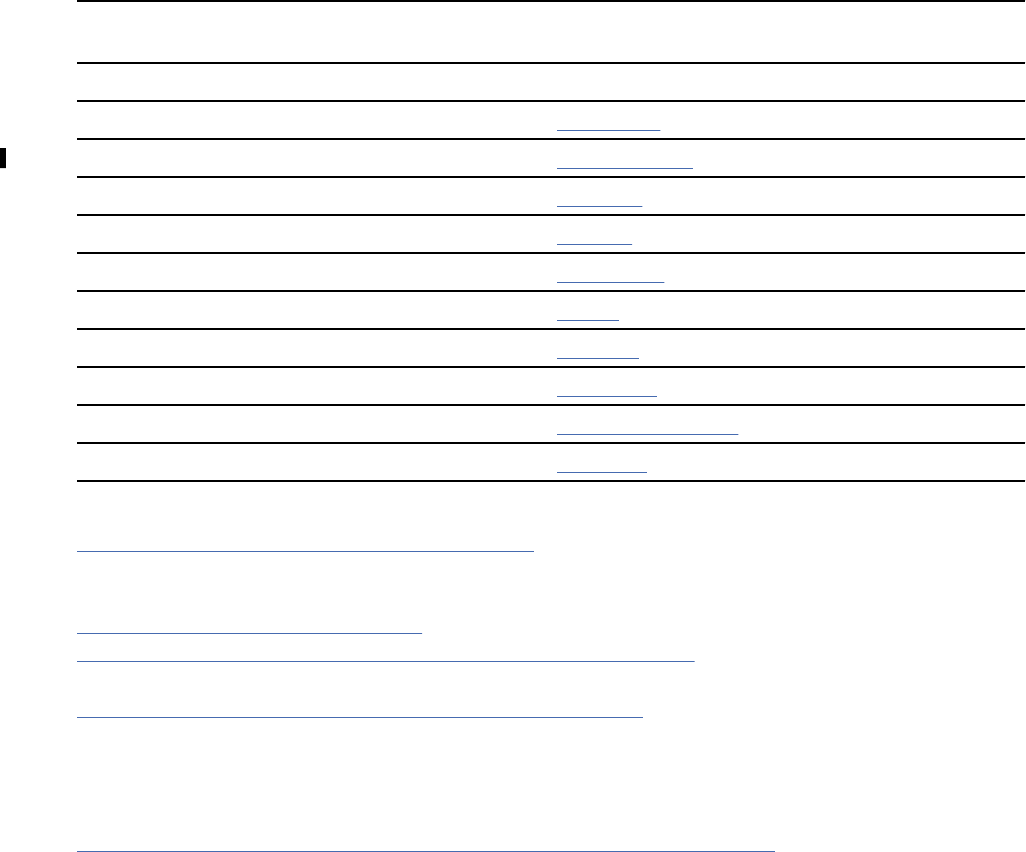
Table 152. Defaults for Bind Package and Defaults for Rebind Package panel elds and corresponding
bind or rebind options (continued)
Field name Bind or rebind option
ISOLATION LEVEL ISOLATION
KEEP DYNAMIC SQL PAST COMMIT OR ROLLBACK KEEPDYNAMIC
OPTIMIZATION HINT OPTHINT
PARALLEL DEGREE DEGREE
PLAN MANAGEMENT PLANMGMT
REOPTIMIZE FOR INPUT VARS REOPT
RESOURCE RELEASE TIME RELEASE
SQLERROR PROCESSING SQLERROR
SYSTEM_TIME SENSITIVE SYSTIMESENSITIVE
VALIDATION TIME and PLAN VALIDATION TIME VALIDATE
Related concepts
Dynamic rules options for dynamic SQL statements
The DYNAMICRULES bind option and the runtime environment determine the rules for the dynamic SQL
attributes.
Parallel processing (Db2 Performance)
Investigating SQL performance by using EXPLAIN (Db2 Performance)
Related tasks
Setting the isolation level of SQL statements in a REXX program
Isolation levels specify the locking behavior for SQL statements. You can set the isolation level for SQL
statements in your REXX program to repeatable read (RR), read stability (RS), cursor stability (CS), or
uncommitted read (UR).
Related reference
BIND and REBIND options for packages, plans, and services (Db2 Commands)
Defaults for Bind Plan and Defaults for Rebind Plan panels
These DB2I panels let you change your defaults for BIND PLAN and REBIND PLAN options.
On the following panel, enter new defaults for binding a plan.
Chapter 9. Preparing an application to run on Db2 for z/OS
929

DSNEBP10 DEFAULTS FOR BIND PLAN SSID: DSN
COMMAND ===>
Change default options as necessary:
1 ISOLATION LEVEL ......... ===> RR (RR, RS, CS, or UR)
2 VALIDATION TIME ......... ===> RUN (RUN or BIND)
3 RESOURCE RELEASE TIME ... ===> COMMIT (COMMIT, DEALLOCATE, or
INHERITFROMPLAN)
4 EXPLAIN PATH SELECTION .. ===> NO (NO or YES)
5 DATA CURRENCY ........... ===> NO (NO or YES)
6 PARALLEL DEGREE ......... ===> 1 (1 or ANY)
7 RESOURCE ACQUISITION TIME ===> USE (USE or ALLOCATE)
8 REOPTIMIZE FOR INPUT VARS ===> NONE (ALWAYS, NONE, ONCE, AUTO)
9 DEFER PREPARE ........... ===> NO (NO, YES, INHERITFROMPLAN)
10 KEEP DYNAMIC SQL
PAST COMMIT OR ROLLBACK.. ===> NO (NO or YES)
11 APPLICATION ENCODING ... ===> (Blank,ASCII,EBCDIC,UNICODE,
or ccsid)
12 OPTIMIZATION HINT ...... ===> > (Blank or 'hint-id')
13 IMMEDIATE WRITE ......... ===> NO (NO, YES, INHERITFROMPLAN)
14 DYNAMIC RULES ........... ===> RUN (RUN or BIND)
15 SQLRULES................. ===> DB2 (DB2 or STD)
16 DISCONNECT .............. ===> EXPLICIT (EXPLICIT, AUTOMATIC,
or CONDITIONAL)
17 PROGRAM AUTHORIZATION ... ===> DISABLE (DISABLE, ENABLE)
Figure 54. The Defaults for Bind Plan panel
On the following panel, enter new defaults for rebinding a plan.
DSNEBP11 DEFAULTS FOR REBIND PLAN SSID: DSN
COMMAND ===>
Change default options as necessary:
1 ISOLATION LEVEL ......... ===> SAME (SAME, RR, RS, CS, or UR)
2 PLAN VALIDATION TIME .... ===> SAME (SAME, RUN, or BIND)
3 RESOURCE RELEASE TIME ... ===> SAME (SAME, DEALLOCATE, COMMIT,
or INHERITFROMPLAN)
4 EXPLAIN PATH SELECTION .. ===> SAME (SAME, NO, or YES)
5 DATA CURRENCY ........... ===> SAME (SAME, NO, or YES)
6 PARALLEL DEGREE ......... ===> SAME (SAME, 1 or ANY)
7 REOPTIMIZE FOR INPUT VARS ===> SAME (SAME, ALWAYS, NONE, ONCE, AUTO)
8 DEFER PREPARE ........... ===> SAME (SAME, NO, YES,
or INHERITFROMPLAN)
9 KEEP DYNAMIC SQL
PAST COMMIT OR ROLLBACK.. ===> SAME (SAME, NO, or YES)
10 APPLICATION ENCODING ... ===> SAME (SAME,Blank,ASCII,EBCDIC,
UNICODE, or ccsid)
11 OPTIMIZATION HINT ...... ===> > (SAME, 'hint-id')
12 IMMEDIATE WRITE ........ ===> SAME (SAME, NO, YES,
or INHERITFROMPLAN)
13 SQLRULES ............... ===> SAME (SAME, DB2 or STD)
14 DYNAMIC RULES ........... ===> SAME (SAME, RUN, or BIND)
15 RESOURCE ACQUISITION TIME ===> SAME (SAME, ALLOCATE, or USE)
16 DISCONNECT .............. ===> SAME (SAME, EXPLICIT, AUTOMATIC,
or CONDITIONAL)
17 PROGRAM AUTHORIZATION ... ===> SAME (SAME, DISABLE, ENABLE)
Figure 55. The Defaults for Rebind Plan panel
The following table lists the elds on the Defaults for Bind Package and Defaults for Rebind Package, and
the corresponding bind and rebind options.
Table 153. Defaults for Bind Plan and Defaults for Rebind Plan panel
elds and corresponding bind or
rebind options
Field name Bind or rebind option
APPLICATION ENCODING ENCODING
DATA CURRENCY CURRENTDATA
930Db2 12 for z/OS: Application Programming and SQL Guide (Last updated: 2024-07-30)
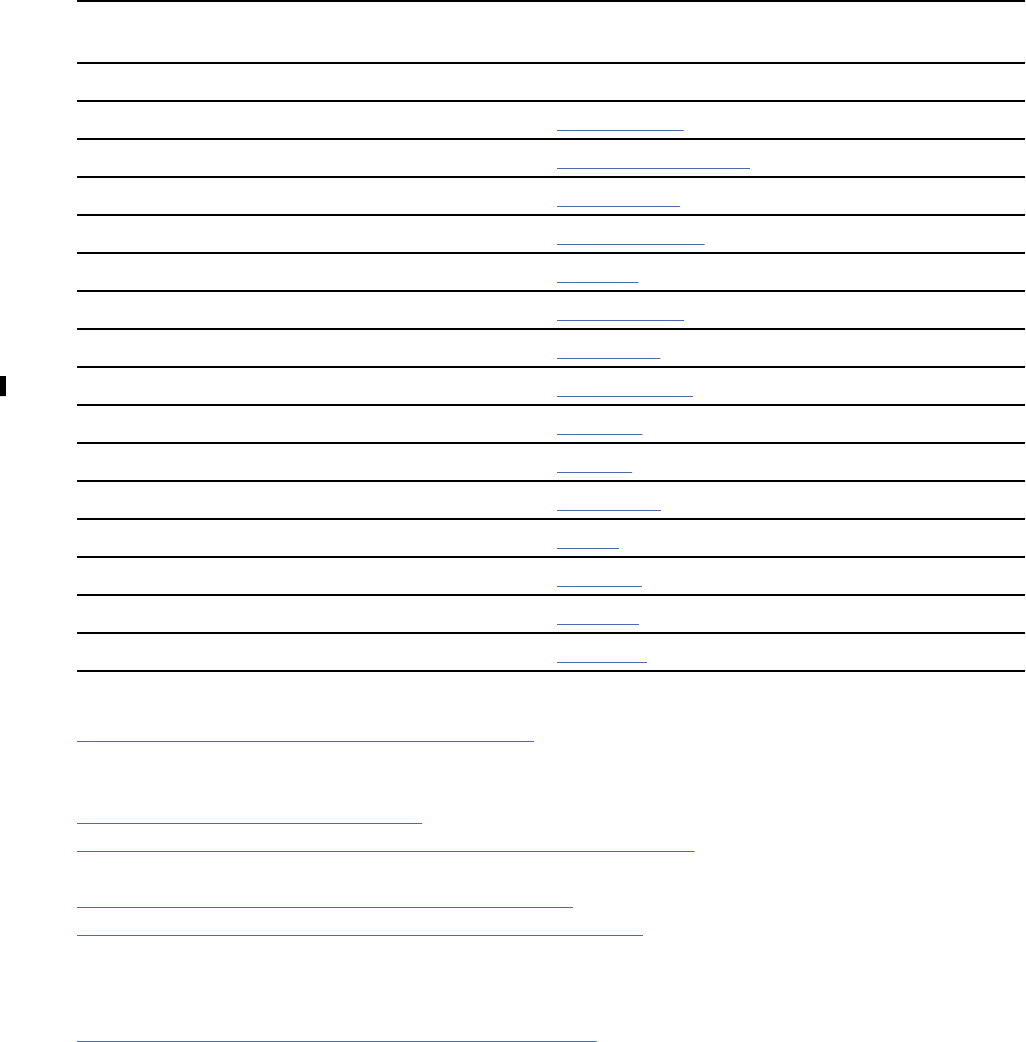
Table 153. Defaults for Bind Plan and Defaults for Rebind Plan panel elds and corresponding bind or
rebind options (continued)
Field name Bind or rebind option
DBPROTOCOL DBPROTOCOL
DEFER PREPARE DEFER and NODEFER
DISCONNECT DISCONNECT
DYNAMIC RULES DYNAMICRULES
EXPLAIN PATH SELECTION EXPLAIN
IMMEDIATE WRITE IMMEDWRITE
ISOLATION LEVEL ISOLATION
KEEP DYNAMIC SQL PAST COMMIT OR ROLLBACK KEEPDYNAMIC
OPTIMIZATION HINT OPTHINT
PARALLEL DEGREE DEGREE
PROGRAM AUTHORIZATION PROGAUTH
REOPTIMIZE FOR INPUT VARS REOPT
RESOURCE ACQUISITION TIME ACQUIRE
RESOURCE RELEASE TIME RELEASE
VALIDATION TIME and PLAN VALIDATION TIME VALIDATE
Related concepts
Dynamic rules options for dynamic SQL statements
The DYNAMICRULES bind option and the runtime environment determine the rules for the dynamic SQL
attributes.
Parallel processing (Db2 Performance)
Investigating SQL performance by using EXPLAIN (Db2 Performance)
Related tasks
Caching authorization IDs for plans (Managing Security)
Setting the isolation level of SQL statements in a REXX program
Isolation levels specify the locking behavior for SQL statements. You can set the isolation level for SQL
statements in your REXX program to repeatable read (RR), read stability (RS), cursor stability (CS), or
uncommitted read (UR).
Specifying the rules that apply to SQL behavior at run time
You can specify whether Db2 rules or SQL standard rules apply to SQL behavior at run time.
System Connection Types panel
The System Connection Types panel lets you specify which types of connections can use a plan or
package.
This panel displays if you enter YES for ENABLE/DISABLE CONNECTIONS? on the Bind or Rebind Package
or Plan panels. For the Bind or Rebind Package panel, the REMOTE option does not display as it does in
the following panel.
Chapter 9. Preparing an application to run on Db2 for z/OS
931

DSNEBP13 SYSTEM CONNECTION TYPES FOR BIND ... SSID: DSN
COMMAND ===>
Select system connection types to be Enabled/Disabled:
1 ENABLE ALL CONNECTION TYPES? ===> (* to enable all types)
or
2 ENABLE/DISABLE SPECIFIC CONNECTION TYPES ===> (E/D)
BATCH ....... ===> (Y/N) SPECIFY CONNECTION NAMES?
DB2CALL ..... ===> (Y/N)
RRSAF ....... ===> (Y/N)
CICS ........ ===> (Y/N) ===> N (Y/N)
IMS ......... ===> (Y/N)
DLIBATCH .... ===> (Y/N) ===> N (Y/N)
IMSBMP ...... ===> (Y/N) ===> N (Y/N)
IMSMPP ...... ===> (Y/N) ===> N (Y/N)
REMOTE ...... ===> (Y/N)
Figure 56. The System Connection Types panel
To enable or disable connection types (that is, allow or prevent the connection from running the package
or plan), enter the following information.
1 ENABLE ALL CONNECTION TYPES?
Lets you enter an asterisk (*) to enable all connections. After that entry, you can ignore the rest of the
panel.
2 ENABLE/DISABLE SPECIFIC CONNECTION TYPES
Lets you specify a list of types to enable or disable; you cannot enable some types and disable others
in the same operation. If you list types to enable, enter E; that disables all other connection types. If
you list types to disable, enter D; that enables all other connection types.
For each connection type that follows, enter Y (yes) if it is on your list, N (no) if it is not. The
connection types are:
• BATCH for a TSO connection
• DB2CALL for a CAF connection
• RRSAF for an RRSAF connection
• CICS for a CICS connection
• IMS for all IMS connections: DLIBATCH, IMSBMP, and IMSMPP
• DLIBATCH for a DL/I Batch Support Facility connection
• IMSBMP for an IMS connection to a BMP region
• IMSMPP for an IMS connection to an MPP or IFP region
• REMOTE for all remote locations or no remote locations
For each connection type that has a second arrow, under SPECIFY CONNECTION NAMES?, enter Y if
you want to list specic connection names of that type. Leave N (the default) if you do not. If you use Y
in any of those elds, you see another panel on which you can enter the connection names.
If you use the DISPLAY command under TSO on this panel, you can determine what you have currently
dened as "enabled" or "disabled" in your ISPF DSNSPFT library (member DSNCONNS). The information
does not reflect the current state of the Db2 Catalog.
If you type DISPLAY ENABLED on the command line, you get the connection names that are currently
enabled for your TSO connection types. For example:
Display OF ALL connection name(s) to be ENABLED
CONNECTION SUBSYSTEM
CICS1 ENABLED
CICS2 ENABLED
CICS3 ENABLED
CICS4 ENABLED
DLI1 ENABLED
DLI2 ENABLED
DLI3 ENABLED
932
Db2 12 for z/OS: Application Programming and SQL Guide (Last updated: 2024-07-30)
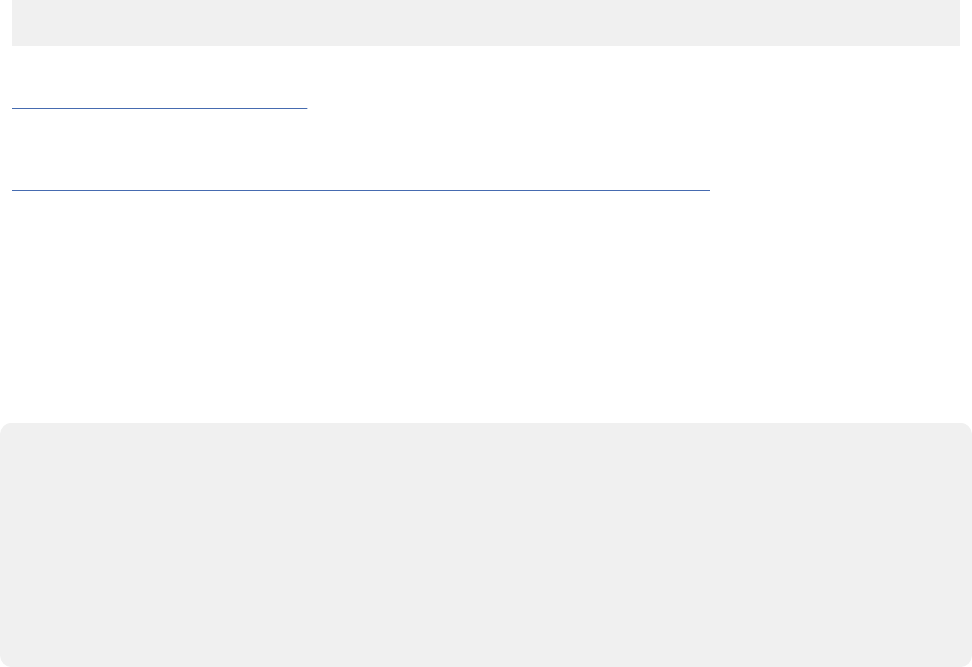
DLI4 ENABLED
DLI5 ENABLED
Related reference
Panels for entering lists of values
Some elds in DB2I panels are associated with command keywords that accept multiple values. Those
elds lead you to a list panel that lets you enter or modify multiple values.
BIND and REBIND options for packages, plans, and services (Db2 Commands)
Panels for entering lists of values
Some elds in DB2I panels are associated with command keywords that accept multiple values. Those
elds lead you to a list panel that lets you enter or modify multiple values.
A list panel looks like an ISPF edit session and lets you scroll and use a limited set of commands.
The format of each list panel varies, depending on the content and purpose for the panel. The following
gure shows a generic sample of a list panel:
panelid Specific subcommand function SSID: DSN
COMMAND ===>_ SCROLL ===>
Subcommand operand values:
CMD
"""" value …
"""" value …
""""
""""
""""
""""
Figure 57. Generic example of a DB2I list panel
All of the list panels let you enter limited commands in two places:
• On the system command line, prexed by ====>
• In a special command area, identied by """"
On the system command line, you can use:
END
Saves all entered variables, exits the table, and continues to process.
CANCEL
Discards all entered variables, terminates processing, and returns to the previous panel.
SAVE
Saves all entered variables and remains in the table.
In the special command area, you can use:
Inn
Insert nn lines after this one.
Dnn
Delete this and the following lines for nn lines.
Rnn
Repeat this line nn number of times.
The default for nn is 1.
When you nish with a list panel, specify END to same the current panel values and continue processing.
Chapter 9. Preparing an application to run on Db2 for z/OS
933

Program Preparation: Compile, Link, and Run panel
The Compile, Link, and Run panel lets you perform the last two steps in the program preparation process
(compile and link-edit). This panel also lets you perform the PL/I MACRO PHASE for programs that require
this option.
For TSO programs, the panel also lets you run programs.
DSNEPP02 PROGRAM PREP: COMPILE, PRELINK, LINK, AND RUN SSID: DSN
COMMAND ===>_
Enter compiler or assembler options:
1 INCLUDE LIBRARY ===> SRCLIB.DATA
2 INCLUDE LIBRARY ===>
3 OPTIONS ....... ===> NUM, OPTIMIZE, ADV
Enter linkage editor options:
4 INCLUDE LIBRARY ===> SAMPLIB.COBOL
5 INCLUDE LIBRARY ===>
6 INCLUDE LIBRARY ===>
7 LOAD LIBRARY .. ===> RUNLIB.LOAD
8 PRELINK OPTIONS ===>
9 LINK OPTIONS... ===>
Enter run options:
10 PARAMETERS .... ===> D01, D02, D03/
11 SYSIN DATA SET ===> TERM
12 SYSPRINT DS ... ===> TERM
Figure 58. The Program Preparation: Compile, Link, and Run panel
1,2 INCLUDE LIBRARY
Lets you specify up to two libraries containing members for the compiler to include. The members can
also be output from DCLGEN. You can leave these elds blank. There is no default.
3 OPTIONS
Lets you specify compiler, assembler, or PL/I macro processor options. You can also enter a list of
compiler or assembler options by separating entries with commas, blanks, or both. You can leave
these elds blank. There is no default.
4,5,6 INCLUDE LIBRARY
Lets you enter the names of up to three libraries containing members for the linkage editor to include.
You can leave these elds blank. There is no default.
7 LOAD LIBRARY
Lets you specify the name of the library to hold the load module. The default value is RUNLIB.LOAD.
If the load library specied is a PDS, and the input data set is a PDS, the member name specied in
INPUT DATA SET NAME eld of the Program Preparation panel is the load module name. If the input
data set is sequential, the second qualier of the input data set is the load module name.
You must complete this eld if you request LINK or RUN on the Program Preparation panel.
8 PRELINK OPTIONS
Lets you enter a list of prelinker options. Separate items in the list with commas, blanks, or both. You
can leave this eld blank. There is no default.
The prelink utility applies only to programs using C, C++, and Enterprise COBOL for z/OS.
9 LINK OPTIONS
Lets you enter a list of link-edit options. Separate items in the list with commas, blanks, or both.
To prepare a program that uses 31-bit addressing and runs above the 16-megabyte line, specify the
following link-edit options: AMODE=31, RMODE=ANY.
10 PARAMETERS
Lets you specify a list of parameters you want to pass either to your host language run time processor,
or to your application. Separate items in the list with commas, blanks, or both. You can leave this eld
blank.
934
Db2 12 for z/OS: Application Programming and SQL Guide (Last updated: 2024-07-30)
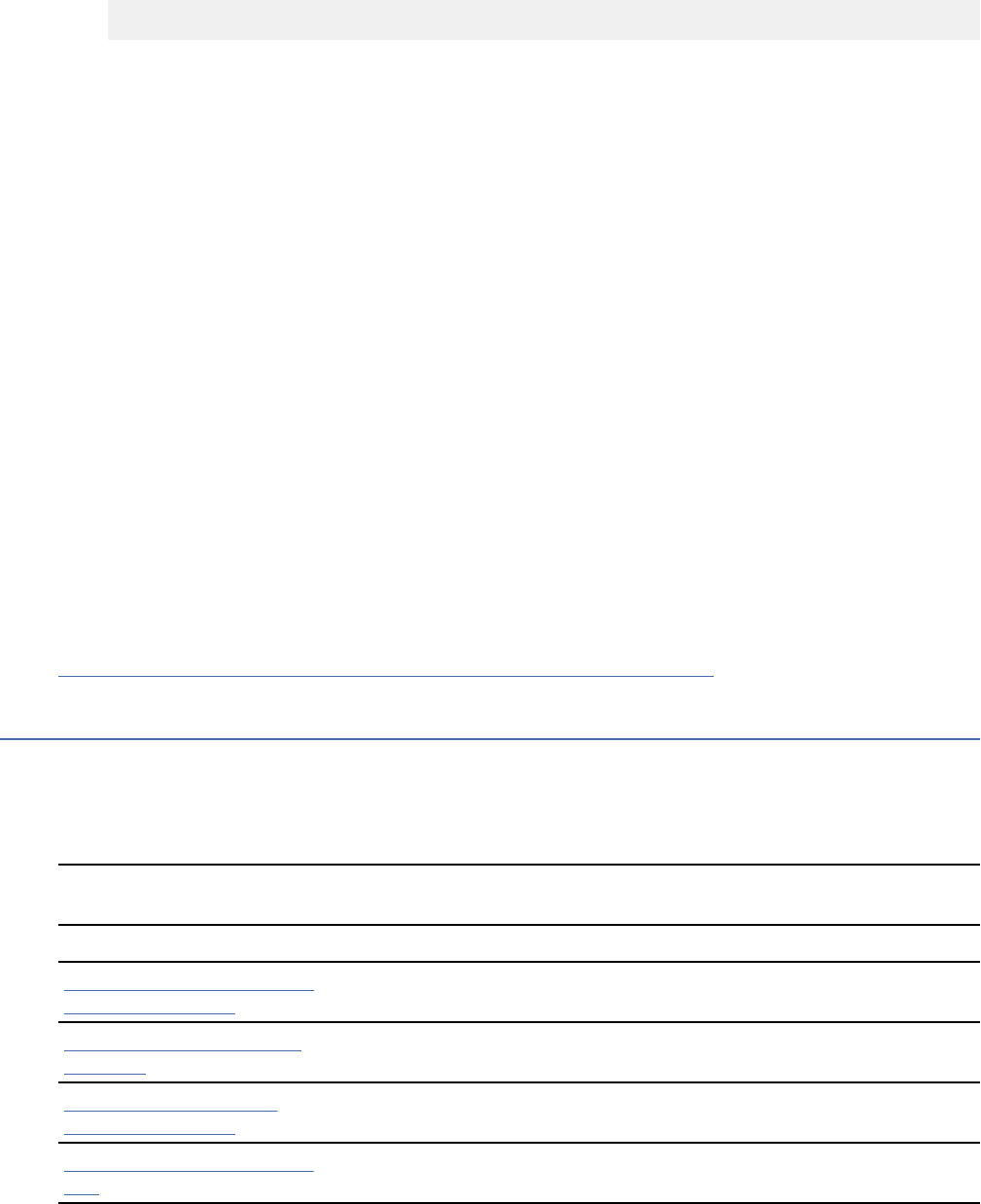
If you are preparing an IMS or CICS program, you must leave this eld blank; you cannot use DB2I to
run IMS and CICS programs.
Use a slash (/) to separate the options for your run time processor from those for your program.
• For PL/I and Fortran, run time processor parameters must appear on the left of the slash, and the
application parameters must appear on the right.
run time processor parameters / application parameters
• For COBOL, reverse this order. run time processor parameters must appear on the right of the slash,
and the application parameters must appear on the left.
• For assembler and C, there is no supported run time environment, and you need not use a slash to
pass parameters to the application program.
11 SYSIN DATA SET
Lets you specify the name of a SYSIN (or in Fortran, FT05F001) data set for your application program,
if it needs one. If you do not enclose the data set name in apostrophes, a standard TSO prex (user
ID) and sufx is added to it. The default for this eld is TERM.
If you are preparing an IMS or CICS program, you must leave this eld blank; you cannot use DB2I to
run IMS and CICS programs.
12 SYSPRINT DS
Lets you specify the names of a SYSPRINT (or in Fortran, FT06F001) data set for your application
program, if it needs one. If you do not enclose the data set name in apostrophes, a standard TSO
prex (user ID) and sufx is added to it. The default for this eld is TERM.
If you are preparing an IMS or CICS program, you must leave this eld blank; you cannot use DB2I to
run IMS and CICS programs.
Your application could need other data sets besides SYSIN and SYSPRINT. If so, remember to catalog and
allocate them before you run your program.
When you press ENTER after entering values in this panel, Db2 compiles and link-edits the application. If
you specied in the Db2 Program Preparation panel that you want to run the application, Db2 also runs
the application.
Related reference
Prelinking an application (z/OS Language Environment Programming Guide)
DB2I panels that are used to rebind and free plans and packages
A set of DB2I panels lets you bind, rebind, or free packages.
The following table describes additional panels that you can use to rebind and free packages and plans.
It also describes the Run panel, which you can use to run application programs that have already been
prepared.
Table 154. DB2I panels used to rebind and free plans and packages and used to Run application
programs
Panel Panel description
“Bind/Rebind/Free Selection
panel” on page 936
The BIND/REBIND/FREE panel lets you select the BIND, REBIND, or
FREE, PLAN, PACKAGE, or TRIGGER PACKAGE process that you need.
“Rebind Package panel” on
page 937
The Rebind Package panel lets you change options when you rebind a
package.
“Rebind Trigger Package
panel” on page 939
The Rebind Trigger Package panel lets you change options when you
rebind a trigger package.
“Rebind Plan panel” on page
940
The Rebind Plan panel lets you change options when you rebind an
application plan.
Chapter 9. Preparing an application to run on Db2 for z/OS935

Table 154. DB2I panels used to rebind and free plans and packages and used to Run application
programs (continued)
Panel Panel description
“Free Package panel” on
page 942
The Free Package panel lets you change options when you free a package.
“Free Plan panel” on page
943
The Free Plan panel lets you change options when you free an application
plan.
“DB2I Run panel” on page
946
The Run panel lets you start an application program. You should use this
panel if you have already prepared the program and you only want to run
it.
You can also run a program by using the "Program Prep: Compile, Prelink,
Link, and Run" panel.
Related reference
DB2I panels that are used for program preparation
DB2I contains a set of panels that let you prepare an application for execution.
The DB2I primary option menu (Introduction to Db2 for z/OS)
Bind/Rebind/Free Selection panel
The Bind/Rebind/Free selection panel lets choose whether to bind, rebind, or free plans and packages.
DSNEBP01 BIND/REBIND/FREE SSID: DSN
COMMAND ===>_
Select one of the following and press ENTER:
1 BIND PLAN (Add or replace an application plan)
2 REBIND PLAN (Rebind existing application plan or plans)
3 FREE PLAN (Erase application plan or plans)
4 BIND PACKAGE (Add or replace a package)
5 REBIND PACKAGE (Rebind existing package or packages)
6 REBIND TRIGGER PACKAGE (Rebind existing package or packages)
7 FREE PACKAGE (Erase a package or packages)
Figure 59. The Bind/Rebind/Free selection panel
This panel lets you select the process you need.
1 BIND PLAN
Lets you build an application plan. You must have an application plan to allocate Db2 resources and
support SQL requests during run time. If you select this option, the Bind Plan panel displays. For more
information, see “Bind Plan panel” on page 924
.
2 REBIND PLAN
Lets you rebuild an application plan when changes to it affect the plan but the SQL statements in the
program are the same. For example, you should rebind when you change authorizations, create a new
index that the plan uses, or use RUNSTATS. If you select this option, the Rebind Plan panel displays.
For more information, see “Rebind Plan panel” on page 940.
3 FREE PLAN
Lets you delete plans from Db2. If you select this option, the Free Plan panel displays. For more
information, see “Free Plan panel” on page 943.
936
Db2 12 for z/OS: Application Programming and SQL Guide (Last updated: 2024-07-30)

4 BIND PACKAGE
Lets you build a package. If you select this option, the Bind Package panel displays. For more
information, see “Bind Package panel” on page 922.
5 REBIND PACKAGE
Lets you rebuild a package when changes to it affect the package but the SQL statements in the
program are the same. For example, you should rebind when you change authorizations, create a new
index that the package uses, or use RUNSTATS. If you select this option, the Rebind Package panel
displays. For more information, see “Rebind Package panel” on page 937.
6 REBIND TRIGGER PACKAGE
Lets you rebuild a trigger package when you need to change options for the package. When you
execute CREATE TRIGGER, Db2 binds a trigger package using a set of default options. You can use
REBIND TRIGGER PACKAGE to change those options. For example, you can use REBIND TRIGGER
PACKAGE to change the isolation level for the trigger package. If you select this option, the Rebind
Trigger Package panel displays. For more information, see “Rebind Trigger Package panel” on page
939.
7 FREE PACKAGE
Lets you delete a specic version of a package, all versions of a package, or whole collections of
packages from Db2. If you select this option, the Free Package panel displays. For more information,
see “Free Package panel” on page 942.
Rebind Package panel
The Rebind Package panel is the rst of two panels that you use to rebind a package. This panel lets you
specify options for rebinding the package.
The following gure shows the rebind package options.
DSNEBP08 REBIND PACKAGE SSID: DSN
COMMAND ===>_
1 Rebind all local packages ===> (* to rebind all packages)
or
Enter package name(s) to be rebound:
2 LOCATION NAME ............. ===> (Defaults to local)
3 COLLECTION-ID ............. ===> > (Required)
4 PACKAGE-ID ................ ===> > (Required)
5 VERSION-ID ................ ===>
(*, Blank, (), or version-id)
6 ADDITIONAL PACKAGES? ...... ===> (Yes to include more packages)
Enter options as desired ...... ===>
7 CHANGE CURRENT DEFAULTS?... ===> (NO or YES)
8 OWNER OF PACKAGE (AUTHID).. ===> > (SAME, new OWNER)
9 QUALIFIER ................. ===> > (SAME, new QUALIFIER)
10 ENABLE/DISABLE CONNECTIONS? ===> (NO or YES)
11 INCLUDE PATH? ............. ===> (SAME, DEFAULT, or YES)
Figure 60. The Rebind Package panel
This panel lets you choose options for rebinding a package.
1 Rebind all local packages
Lets you rebind all packages on the local DBMS. To do so, place an asterisk (*) in this eld; otherwise,
leave it blank.
2 LOCATION NAME
Lets you specify where to bind the package. If you specify a location name, you should use 1–16
characters, and you must have dened it in the catalog table SYSIBM.LOCATIONS.
3 COLLECTION-ID
Lets you specify the collection of the package to rebind. You must specify a collection ID from 1 to
128 characters, or an asterisk (*) to rebind all collections in the local Db2 system. You cannot use the
asterisk to rebind a remote collection. This eld is scrollable.
Chapter 9. Preparing an application to run on Db2 for z/OS
937

4 PACKAGE-ID
Lets you specify the name of the package to rebind. You must specify a package ID of 1–8 characters,
or an asterisk (*) to rebind all packages in the specied collections in the local Db2 system. You
cannot use the asterisk to rebind a remote package.
The eld is scrollable, and the maximum eld length is 128.
5 VERSION-ID
Lets you specify the version of the package to rebind. You must specify a version ID of 1–64
characters, or an asterisk (*) to rebind all versions in the specied collections and packages in the
local Db2 system. You cannot use the asterisk to rebind a remote version.
6 ADDITIONAL PACKAGES?
Lets you indicate whether to name more packages to rebind. Use YES to specify more packages on an
additional panel, described on “Panels for entering lists of values” on page 933. The default is NO.
7 CHANGE CURRENT DEFAULTS?
Lets you indicate whether to change the binding defaults. Use:
NO (default) to retain the binding defaults of the previous package.
YES to change the binding defaults from the previous package. For information about the defaults
for binding packages, see “Defaults for Bind Package and Defaults for Rebind Package panels” on
page 926.
8 OWNER OF PACKAGE (AUTHID)
Lets you change the authorization ID for the package owner. The owner must have the required
privileges to execute the SQL statements in the package. The default is the existing package owner.
The eld is scrollable, and the maximum eld length is 128.
9 QUALIFIER
Lets you specify the default schema for all unqualied table names, views, indexes, and aliases in the
package. You can specify a schema name of 1–8 characters, which must conform to the rules for the
SQL short identier. The default is the existing qualier name.
The eld is scrollable, and the maximum eld length is 128.
10 ENABLE/DISABLE CONNECTIONS?
Lets you specify whether you want to enable and disable system connections types to use with this
package. This is valid only if the LOCATION NAME eld names your local Db2 system.
Placing YES in this eld displays a panel (shown in Figure 56 on page 932
) that lets you specify
whether various system connections are valid for this application.
The default is the values used for the previous package.
11 INCLUDE PATH?
Indicates which one of the following actions you want to perform:
• Request that Db2 uses the same schema names as when the package was bound for resolving
unqualied distinct type, user-dened function, and stored procedure names in SQL statements.
Choose SAME to perform this action. This is the default.
• Supply a list of schema names that Db2 searches when it resolves unqualied distinct type, user-
dened function, and stored procedure names in SQL statements. Choose YES to perform this
action.
• Request that Db2 resets the SQL path to SYSIBM, SYSFUN, SYSPROC, and the package owner.
Choose DEFAULT to perform this action.
If you specify YES, Db2 displays a panel in which you specify the names of schemas for Db2 to search.
Related reference
BIND and REBIND options for packages, plans, and services (Db2 Commands)
938
Db2 12 for z/OS: Application Programming and SQL Guide (Last updated: 2024-07-30)

Rebind Trigger Package panel
The Rebind Trigger Package panel species options for rebinding a trigger package.
The following gure shows those options.
DSNEBP19 REBIND TRIGGER PACKAGE SSID: DSN
COMMAND ===>_
1 Rebind all trigger packages ===> (* to rebind all packages)
or
Enter trigger package name(s) to be rebound:
2 LOCATION NAME ............. ===> (Defaults to local)
3 COLLECTION-ID (SCHEMA NAME) ===> > (Required)
4 PACKAGE-ID (TRIGGER NAME).. ===> > (Required)
Enter options as desired ...... ===>
5 ISOLATION LEVEL ........... ===> SAME (SAME, RR, RS, CS, UR, or NC)
6 RESOURCE RELEASE TIME ..... ===> SAME (SAME, DEALLOCATE, or COMMIT)
7 EXPLAIN PATH SELECTION .... ===> SAME (SAME, NO, or YES)
8 DATA CURRENCY ............. ===> SAME (SAME, NO, or YES)
9 IMMEDIATE WRITE OPTION .... ===> SAME (SAME, NO, YES)
10 PLAN MANAGEMENT ........... ===> DEFAULT (DEFAULT, BASIC, EXTENDED, OFF)
11 ACCESS PATH REUSE ......... ===> DEFAULT (DEFAULT, ERROR, NONE, or WARN)
12 ACCESS PATH COMPARISON .... ===> DEFAULT (DEFAULT, ERROR, NONE, or WARN)
13 ACCESS PATH RETAIN DUPS ... ===> DEFAULT (DEFAULT, NO, or YES)
14 SYSTEM_TIME SENSITIVE ..... ===> SAME (SAME, NO, or YES)
15 BUSINESS_TIME SENSITIVE ... ===> SAME (SAME, NO, or YES)
16 ARCHIVE SENSITIVE ......... ===> SAME (SAME, NO, or YES)
17 APPLICATION COMPATIBILITY . ===> SAME (SAME, DB2 function level
V10R1, V11R1)
Figure 61. The Rebind Trigger Package panel
This panel lets you choose options for rebinding a trigger package.
1 Rebind all trigger packages
Lets you rebind all packages on the local DBMS. To do so, place an asterisk (*) in this eld; otherwise,
leave it blank.
2 LOCATION NAME
Lets you specify where to bind the trigger package. If you specify a location name, you should use of
1–16 characters, and you must have dened it in the catalog table SYSIBM.LOCATIONS.
3 COLLECTION-ID (SCHEMA NAME)
Lets you specify the collection of the trigger package to rebind. You must specify a collection ID of
1–128 characters, or an asterisk (*) to rebind all collections in the local Db2 system. You cannot use
the asterisk to rebind a remote collection. This eld is scrollable.
4 PACKAGE-ID
Lets you specify the name of the trigger package to rebind. You must specify a package ID from 1 to
128 characters, or an asterisk (*) to rebind all trigger packages in the specied collections in the local
Db2 system. You cannot use the asterisk to rebind a remote trigger package. This eld is scrollable.
5 ISOLATION LEVEL
Lets you specify how far to isolate your application from the effects of other running applications. The
default is the value used for the old trigger package.
6 RESOURCE RELEASE TIME
Lets you specify COMMIT or DEALLOCATE to tell when to release locks on resources. The default is
that used for the old trigger package.
7 EXPLAIN PATH SELECTION
Lets you specify YES or NO for whether to obtain EXPLAIN information about how SQL statements in
the package execute. The default is the value used for the old trigger package.
The bind process inserts information into the table owner.PLAN_TABLE, where owner is the
authorization ID of the plan or package owner. If you dened owner.DSN_STATEMNT_TABLE, Db2
also inserts information about the cost of statement execution into that table. If you specify YES in
Chapter 9. Preparing an application to run on Db2 for z/OS
939

this eld and BIND in the VALIDATION TIME eld, and if you do not correctly dene PLAN_TABLE, the
bind fails.
8 DATA CURRENCY
Lets you specify YES or NO for whether you need data currency for ambiguous cursors opened at
remote locations. The default is the value used for the old trigger package.
Data is current if the data within the host structure is identical to the data within the base table. Data
is always current for local processing.
9 IMMEDIATE WRITE OPTION
Species when Db2 writes the changes for updated group buffer pool-dependent pages. This eld
applies only to a data sharing environment. The values that you can specify are:
SAME
Choose the value of IMMEDIATE WRITE that you specied when you bound the trigger package.
SAME is the default.
NO
Write the changes at or before phase 1 of the commit process. If the transaction is rolled back
later, write the additional changes that are caused by the rollback at the end of the abort process.
PH1 is equivalent to NO.
YES
Write the changes immediately after group buffer pool-dependent pages are updated.
10 PLAN MANAGEMENT
Species the PLANMGMT option to use for rebinding the trigger. DEFAULT means to take the default
setting for this option when rebinding for the old trigger package.
11 ACCESS PATH REUSE
Species the APREUSE option to use for rebinding the trigger. DEFAULT means to take the default
setting for this option when rebinding for the old trigger package.
12 ACCESS PATH COMPARISON
Species the APCOMPARE option to use for rebinding the trigger. DEFAULT means to take the default
setting for this option when rebinding for the old trigger package.
13 ACCESS PATH RETAIN DUPS
Species the APRETAINDUP option to use for rebinding the trigger. DEFAULT means to take the
default setting for this option when rebinding for the old trigger package.
14 SYSTEM_TIME SENSITIVE
Species the SYSTIMESENSITIVE option to use for rebinding the trigger. SAME means to take the
previous setting for this option when rebinding the old trigger package.
15 BUSINESS_TIME SENSITIVE
Species the BUSTIMESENSITIVE option to use for rebinding the trigger. SAME means to take the
previous setting for this option when rebinding the old trigger package.
16 ARCHIVE SENSITIVE
Species the ARCHIVESENSITIVE option to use for rebinding the trigger. SAME means to take the
previous setting for this option when rebinding the old trigger package.
17 APPLICATION COMPATIBILITY
Species the APPLCOMPAT option to use for rebinding the trigger. SAME means to take the previous
setting for this option when rebinding the old trigger package.
Related reference
BIND and REBIND options for packages, plans, and services (Db2 Commands)
Rebind Plan panel
The Rebind Plan panel is the rst of two panels that you use to rebind a plan. This panel lets you specify
options for rebinding the plan.
The following gure shows the rebind plan options.
940
Db2 12 for z/OS: Application Programming and SQL Guide (Last updated: 2024-07-30)

DSNEBP03 REBIND PLAN SSID: DSN
COMMAND ===>_
Enter plan name(s) to be rebound:
1 PLAN NAME ................. ===> (* to rebind all plans)
2 ADDITIONAL PLANS? ......... ===> NO (Yes to include more plans)
Enter options as desired:
3 CHANGE CURRENT DEFAULTS?... ===> NO (NO or YES)
4 OWNER OF PLAN (AUTHID)..... ===> SAME > (SAME, new OWNER)
5 QUALIFIER ................. ===> SAME > (SAME, new QUALIFIER)
6 CACHESIZE ................. ===> SAME (SAME, or value 0-4096)
7 ENABLE/DISABLE CONNECTIONS? ===> NO (NO or YES)
8 INCLUDE PACKAGE LIST?...... ===> SAME (SAME, NO, or YES)
9 CURRENT SERVER ............ ===> (Location name)
10 INCLUDE PATH? ............. ===> SAME (SAME, DEFAULT, or YES)
Figure 62. The Rebind Plan panel
This panel lets you specify options for rebinding your plan.
1 PLAN NAME
Lets you name the application plan to rebind. You can specify a name of 1–8 characters, and the
rst character must be alphabetic. Do not begin the name with DSN, because it could create name
conflicts with Db2. If there are no errors, the bind process prepares the plan and enters its description
into the EXPLAIN table.
If you leave this eld blank, the bind process occurs but produces no plan.
2 ADDITIONAL PLANS?
Lets you indicate whether to name more plans to rebind. Use YES to specify more plans on an
additional panel, described at “Panels for entering lists of values” on page 933
. The default is NO.
3 CHANGE CURRENT DEFAULTS?
Lets you indicate whether to change the binding defaults. Use:
NO (default) to retain the binding defaults of the previous plan.
YES to change the binding defaults from the previous plan.
4 OWNER OF PLAN (AUTHID)
Lets you change the authorization ID for the plan owner. The owner must have the required privileges
to execute the SQL statements in the plan. The default is the existing plan owner.
The eld is scrollable, and the maximum eld length is 128.
5 QUALIFIER
Lets you specify the default schema for all unqualied table names, views, indexes, and aliases in the
plan. You can specify a schema name of 1–128 characters, which must conform to the rules for the
SQL identier. The default is the authorization ID. This eld is scrollable.
6 CACHESIZE
Lets you specify the size (in bytes) of the authorization cache. Valid values are in the range 0 to
4096. Values that are not multiples of 256 round up to the next highest multiple of 256. A value of 0
indicates that Db2 does not use an authorization cache. The default is the cache size specied for the
previous plan.
Each concurrent user of a plan requires 8 bytes of storage, with an additional 32 bytes for overhead.
7 ENABLE/DISABLE CONNECTIONS?
Lets you specify whether you want to enable and disable system connections types to use with this
plan. This is valid only for rebinding on your local Db2 system.
Placing YES in this eld displays a panel (shown in Figure 56 on page 932) that lets you specify
whether various system connections are valid for this application.
The default is the values used for the previous plan.
Chapter 9. Preparing an application to run on Db2 for z/OS
941

8 INCLUDE PACKAGE LIST?
Lets you include a list of collections and packages in the plan. If you specify YES, a separate panel
displays on which you must enter the package location, collection name, and package name for each
package to include in the plan (see “Panels for entering lists of values” on page 933). This eld can
either add a package list to a plan that did not have one, or replace an existing package list.
You can specify a location name of 1–16 characters, a collection ID of 1–18 characters, and a package
ID from 1 to 8 characters. Separate two or more package list parameters with a comma. If you specify
a location name, it must be in the catalog table SYSIBM.LOCATIONS. The default location is the
package list used for the previous plan.
9 CURRENT SERVER
Lets you specify the initial server to receive and process SQL statements in this plan. You can specify a
name of 1–16 characters, which you must previously dene in the catalog table SYSIBM.LOCATIONS.
If you specify a remote server, Db2 connects to that server when the rst SQL statement executes.
The default is the name of the local Db2 subsystem.
10 INCLUDE PATH?
Indicates which one of the following actions you want to perform:
• Request that Db2 uses the same schema names as when the plan was bound for resolving
unqualied distinct type, user-dened function, and stored procedure names in SQL statements.
Choose SAME to perform this action. This is the default.
• Supply a list of schema names that Db2 searches when it resolves unqualied distinct type, user-
dened function, and stored procedure names in SQL statements. Choose YES to perform this
action.
• Request that Db2 resets the SQL path to SYSIBM, SYSFUN, SYSPROC, and the plan owner. Choose
DEFAULT to perform this action.
If you specify YES, Db2 displays a panel in which you specify the names of schemas for Db2 to search.
Related reference
Defaults for Bind Plan and Defaults for Rebind Plan panels
These DB2I panels let you change your defaults for BIND PLAN and REBIND PLAN options.
BIND and REBIND options for packages, plans, and services (Db2 Commands)
Free Package panel
The DB2I Free Package panel is the rst of two panels through which you can specify options for freeing
an application package.
The following gure shows the free package options.
DSNEBP18 FREE PACKAGE SSID: DSN
COMMAND ===>_
1 Free ALL packages ......... ===> (* to free authorized packages)
or
Enter package name(s) to be freed:
2 LOCATION NAME ............. ===> (Defaults to local)
3 COLLECTION-ID ............. ===> > (Required)
4 PACKAGE-ID ................ ===> >(* to free all packages)
5 VERSION-ID ................ ===>
(*, Blank, (), or version-id)
6 ADDITIONAL PACKAGES?....... ===> (Yes to include more packages)
7 PLAN MANAGEMENT SCOPE ..... ===> ALL (ALL or INACTIVE)
Figure 63. The Free Package panel
This panel lets you specify options for erasing packages.
942
Db2 12 for z/OS: Application Programming and SQL Guide (Last updated: 2024-07-30)

1 Free ALL packages
Lets you free (erase) all packages for which you have authorization or to which you have BINDAGENT
authority. To do so, place an asterisk (*) in this eld; otherwise, leave it blank.
2 LOCATION NAME
Lets you specify the location name of the DBMS to free the package. You can specify a name of 1–16
characters.
3 COLLECTION-ID
Lets you specify the collection from which you want to delete packages for which you own or have
BINDAGENT privileges. You can specify a name of 1–128 characters, or an asterisk (*) to free all
collections in the local Db2 system. You cannot use the asterisk to free a remote collection. This eld
is scrollable.
4 PACKAGE-ID
Lets you specify the name of the package to free. You can specify a name of 1–128 characters, or an
asterisk (*) to free all packages in the specied collections in the local Db2 system. You cannot use
the asterisk to free a remote package. The name you specify must be in the Db2 catalog tables. This
eld is scrollable.
5 VERSION-ID
Lets you specify the version of the package to free. You can specify an identier 1–64 characters, or
an asterisk (*) to free all versions of the specied collections and packages in the local Db2 system.
You cannot use the asterisk to free a remote version.
6 ADDITIONAL PACKAGES?
Lets you indicate whether to name more packages to free. Use YES to specify more packages on an
additional panel, described in “Panels for entering lists of values” on page 933
. The default is NO.
7 PLAN MANAGEMENT SCOPE
Species whether Db2 frees all copies of the package, or only the inactive previous and original
copies. This value corresponds to the PLANMGMTSCOPE option. The default value is ALL.
Free Plan panel
The DB2I Free Plan panel is the rst of two panels through which you can specify options for freeing an
application plan.
Figure 64 on page 943 shows the free plan options.
DSNEBP09 FREE PLAN SSID: DSN
COMMAND ===>_
Enter plan name(s) to be freed:
1 PLAN NAME ............ ===> (* to free all authorized plans)
2 ADDITIONAL PLANS? .... ===> (Yes to include more plans)
Figure 64. The Free Plan panel
This panel lets you specify options for freeing plans.
1 PLAN NAME
Lets you name the application plan to delete from Db2. Use an asterisk to free all plans for which
you have BIND authority. You can specify a name of 1–8 characters, and the rst character must be
alphabetic.
If there are errors, the free process terminates for that plan and continues with the next plan.
2 ADDITIONAL PLANS?
Lets you indicate whether to name more plans to free. Use YES to specify more plans on an additional
panel, described in “Panels for entering lists of values” on page 933
. The default is NO.
Chapter 9. Preparing an application to run on Db2 for z/OS
943
944Db2 12 for z/OS: Application Programming and SQL Guide (Last updated: 2024-07-30)

Chapter 10. Running an application on Db2 for z/OS
You can run your application after you have processed the SQL statements, compiled and link-edited the
application, and bound the application.
About this task
At run time, Db2 veries that the information in the application plan and its associated packages is
consistent with the corresponding information in the Db2 catalog. If any destructive changes, such as
DROP or REVOKE, occur (either to the data structures that your application accesses or to the binder's
authority to access those data structures), Db2 automatically rebinds packages or the plan as needed.
Establishing a test environment: This topic describes how to design a test data structure and how to ll
tables with test data.
CICSBefore you run an application, ensure that the following two conditions are met:
• The corresponding entries in the SNT and RACF control areas authorize your application to run.
• The program and its transaction code are dened in the CICS CSD.
The system administrator is responsible for these functions.
DSN command processor
The DSN command processor is a TSO command processor that runs in TSO foreground or under TSO in a
JES-initiated batch environment.
It uses the TSO attachment facility to access Db2. The DSN command processor provides an alternative
method for running programs that access Db2 in a TSO environment.
When you run an application by using the DSN command processor, that application can run in a trusted
connection if Db2 nds a matching trusted context.
You can use the DSN command processor implicitly during program development for functions such as:
• Using the declarations generator (DCLGEN)
• Running the BIND, REBIND, and FREE subcommands on Db2 plans and packages for your program
• Using SPUFI (SQL Processor Using File Input) to test some of the SQL functions in the program
The DSN command processor runs with the TSO terminal monitor program (TMP). Because the TMP runs
in either foreground or background, DSN applications run interactively or as batch jobs.
The DSN command processor can provide these services to a program that runs under it:
• Automatic connection to Db2
• Attention key support
• Translation of return codes into error messages
Limitations of the DSN command processor
When using DSN services, your application runs under the control of DSN. Because TSO executes the
ATTACH macro to start DSN, and DSN executes the ATTACH macro to start a part of itself, your application
gains control that is two task levels below TSO.
Because your program depends on DSN to manage your connection to Db2:
• If Db2 is down, your application cannot begin to run.
• If Db2 terminates, your application also terminates.
• An application can use only one plan.
©
Copyright IBM Corp. 1983, 2022 945

If these limitations are too severe, consider having your application use the call attachment facility or
Resource Recovery Services attachment facility. For more information about these attachment facilities,
see “Call attachment facility” on page 38 and “Resource Recovery Services attachment facility” on page
68.
DSN return code processing
At the end of a DSN session, register 15 contains the highest value that is placed there by any DSN
subcommand that is used in the session or by any program that is run by the RUN subcommand. Your run
time environment might format that value as a return code. However, the value does not originate in DSN.
Related concepts
TSO attachment facility (Introduction to Db2 for z/OS)
Related reference
DSN command (TSO) (Db2 Commands)
Related information
Command types and environments in Db2 (Db2 Commands)
DB2I Run panel
The DB2I Run panel lets you start an application program that can contain SQL statements.
You can reach the Run panel only through the DB2I Primary Options Menu. You can accomplish the same
task using the "Program Preparation: Compile, Link, and Run" panel. You should use this panel if you have
already prepared the program and simply want to run it. Figure 65 on page 946 shows the run options.
DSNERP01 RUN SSID: DSN
COMMAND ===>_
Enter the name of the program you want to run:
1 DATA SET NAME ===>
2 PASSWORD..... ===> (Required if data set is password protected)
Enter the following as desired:
3 PARAMETERS .. ===>
4 PLAN NAME ... ===> (Required if different from program name)
5 WHERE TO RUN ===> (FOREGROUND, BACKGROUND, or EDITJCL)
Figure 65. The Run panel
This panel lets you run existing application programs.
1 DATA SET NAME
Lets you specify the name of the partitioned data set that contains the load module. If the module is
in a data set that the operating system can nd, you can specify the member name only. There is no
default.
If you do not enclose the name in apostrophes, a standard TSO prex (user ID) and sufx (.LOAD) is
added.
2 PASSWORD
Lets you specify the data set password if needed. The RUN processor does not check whether you
need a password. If you do not enter a required password, your program does not run.
3 PARAMETERS
Lets you specify a list of parameters you want to pass either to your host language run time processor,
or to your application. You should separate items in the list with commas, blanks, or both. You can
leave this eld blank.
Use a slash (/) to separate the options for your run time processor from those for your program.
• For PL/I and Fortran, run time processor parameters must appear on the left of the slash, and the
application parameters must appear on the right.
946
Db2 12 for z/OS: Application Programming and SQL Guide (Last updated: 2024-07-30)

run time processor parameters / application parameters
• For COBOL, reverse this order. run time processor parameters must appear on the right of the slash,
and the application parameters must appear on the left.
• For assembler and C, there is no supported run time environment, and you need not use the slash to
pass parameters to the application program.
4 PLAN NAME
Lets you specify the name of the plan to which the program is bound. The default is the member name
of the program.
5 WHERE TO RUN
Lets you indicate whether to run in the foreground or background. You can also specify EDITJCL, in
which case you are able to edit the job control statement before you run the program. Use:
FOREGROUND to immediately run the program in the foreground with the specied values.
BACKGROUND to create and immediately submit to run a le containing a DSNH CLIST using the
JOB control statement from either DB2I Defaults Panel 2 or your site's SUBMIT exit. The program
runs in the background.
EDITJCL to create and open a le containing a DSNH CLIST in edit mode. You can then submit the
CLIST or save it. The program runs in the background.
Running command processors
To run a command processor (CP), use the following commands from the TSO ready prompt or as a
TSO TMP:
DSN SYSTEM (Db2-subsystem-name)
RUN CP PLAN (plan-name)
The RUN subcommand prompts you for more input. The end the DSN processor, use the END
command.
Running a program in TSO foreground
Use the DB2I RUN panel to run a program in TSO foreground. Alternatively, you can issue the DSN
command, followed by the RUN subcommand of DSN.
About this task
Before running the program, be sure to allocate any data sets that your program needs.
The following example shows how to start a TSO foreground application. The name of the application is
SAMPPGM, and ssid is the system ID:
TSO Prompt: READY
Enter: DSN SYSTEM(ssid)
DSN Prompt: DSN
Enter: RUN PROGRAM(SAMPPGM) -
PLAN(SAMPLAN) -
LIB(SAMPPROJ.SAMPLIB) -
PARMS('/D01 D02 D03')
⋮ (Here the program runs and might prompt you for input)
DSN Prompt: DSN
Enter: END
TSO Prompt: READY
This sequence also works in ISPF option 6. You can package this sequence in a CLIST. Db2 does not
support access to multiple Db2 subsystems from a single address space.
The PARMS keyword of the RUN subcommand enables you to pass parameters to the run time processor
and to your application program:
PARMS ('/D01, D02, D03')
Chapter 10. Running an application on Db2 for z/OS
947
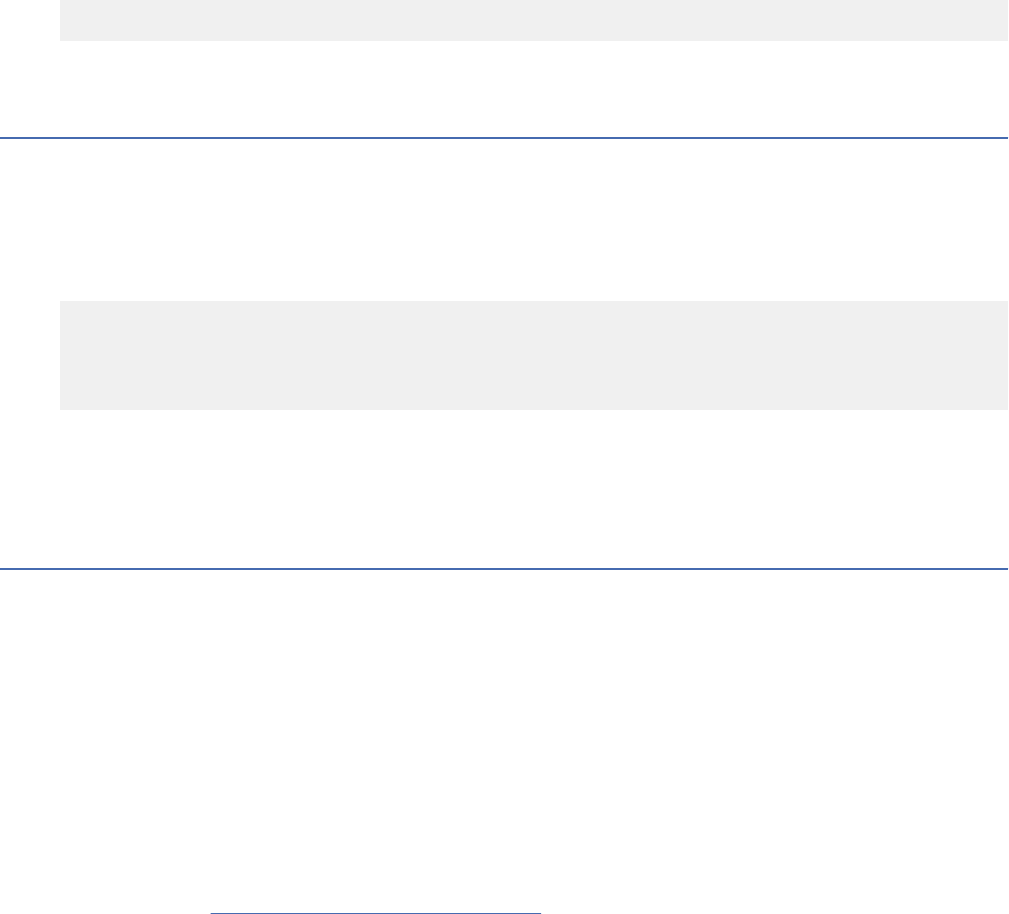
The slash (/) indicates that you are passing parameters. For some languages, you pass parameters and
run time options in the form PARMS('parameters/run time-options). An example of the PARMS keyword
might be:
PARMS ('D01, D02, D03/')
Check your host language publications for the correct form of the PARMS option.
Running a Db2 REXX application
You run Db2 REXX applications under TSO. You do not precompile, compile, link-edit, or bind Db2 REXX
applications before you run them.
About this task
In a batch environment, you might use statements like these to invoke application REXXPROG:
//RUNREXX EXEC PGM=IKJEFT01,DYNAMNBR=20
//SYSEXEC DD DISP=SHR,DSN=SYSADM.REXX.EXEC
//SYSTSPRT DD SYSOUT=*
//SYSTSIN DD *
%REXXPROG parameters
The SYSEXEC data set contains your REXX application, and the SYSTSIN data set contains the command
that you use to invoke the application.
Invoking programs through the Interactive System Productivity
Facility
You can use ISPF to invoke programs that connect to Db2 through the call attachment facility (CAF).
About this task
The ISPF/CAF sample connection manager programs (DSN8SPM and DSN8SCM) take advantage of the
ISPLINK SELECT services, letting each routine make its own connection to Db2 and establish its own
thread and plan.
With the same modular structure as in the previous example, using CAF is likely to provide greater
efciency by reducing the number of CLISTs. This does not mean, however, that any Db2 function
executes more quickly.
Disadvantages: Compared to the modular structure using DSN, the structure using CAF is likely to
require a more complex program, which in turn might require assembler language subroutines. For more
information, see “Call attachment facility” on page 38.
ISPF
The Interactive System Productivity Facility (ISPF) helps you to construct and execute dialogs. Db2
includes a sample application that illustrates how to use ISPF through the call attachment facility (CAF).
Each scenario has advantages and disadvantages in terms of efciency, ease of coding, ease of
maintenance, and overall flexibility.
Using ISPF and the DSN command processor
There are some restrictions on how you make and break connections to Db2 in any structure. If you use
the PGM option of ISPF SELECT, ISPF passes control to your load module by the LINK macro; if you use
CMD, ISPF passes control by the ATTACH macro.
The DSN command processor permits only single task control block (TCB) connections. Take care not to
change the TCB after the rst SQL statement. ISPF SELECT services change the TCB if you started DSN
948
Db2 12 for z/OS: Application Programming and SQL Guide (Last updated: 2024-07-30)
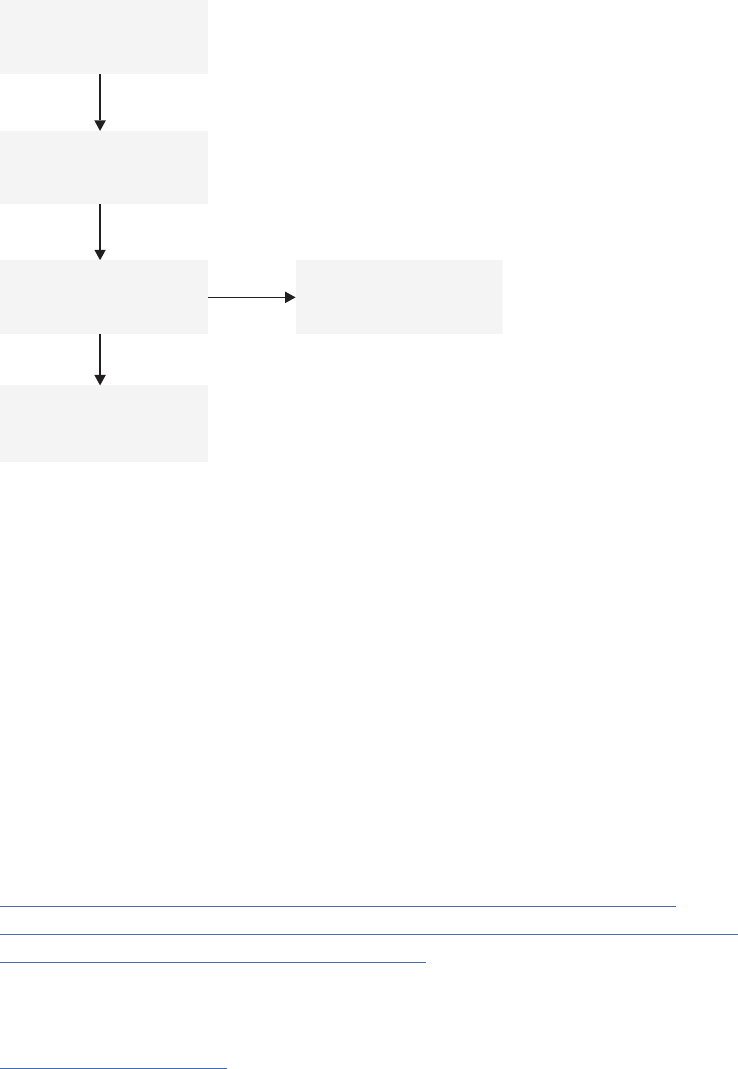
under ISPF, so you cannot use these to pass control from load module to load module. Instead, use LINK,
XCTL, or LOAD.
The following gure shows the task control blocks that result from attaching the DSN command processor
below TSO or ISPF.
TSO or ISPF
ATTACH
DSN initialization
load module
Alias=DSN
ATTACH
ATTACH
DSN main load
module
Application
command
processor
(See Note 1)
LINK
Ordinary
application
program
(See Note 2)
Figure 66. DSN task structure
Notes:
1. The RUN command with the CP option causes DSN to attach your program and create a new TCB.
2. The RUN command without the CP option causes DSN to link to your program.
If you are in ISPF and running under DSN, you can perform an ISPLINK to another program, which calls a
CLIST. In turn, the CLIST uses DSN and another application. Each such use of DSN creates a separate unit
of recovery (process or transaction) in Db2.
All such initiated DSN work units are unrelated, with regard to isolation (locking) and recovery (commit).
It is possible to deadlock with yourself; that is, one unit (DSN) can request a serialized resource (a data
page, for example) that another unit (DSN) holds incompatibly.
A COMMIT in one program applies only to that process. There is no facility for coordinating the processes.
Related concepts
Dynamic SQL and the ISPF/CAF application (Db2 Installation and Migration)
Printing options for the sample application listings (Db2 Installation and Migration)
Sample applications supplied with Db2 for z/OS
Db2 provides sample applications to help you with Db2 programming techniques and coding practices
within each of the four environments: batch, TSO, IMS, and CICS. The sample applications contain various
applications that might apply to managing a company.
DSN command processor
Chapter 10. Running an application on Db2 for z/OS
949
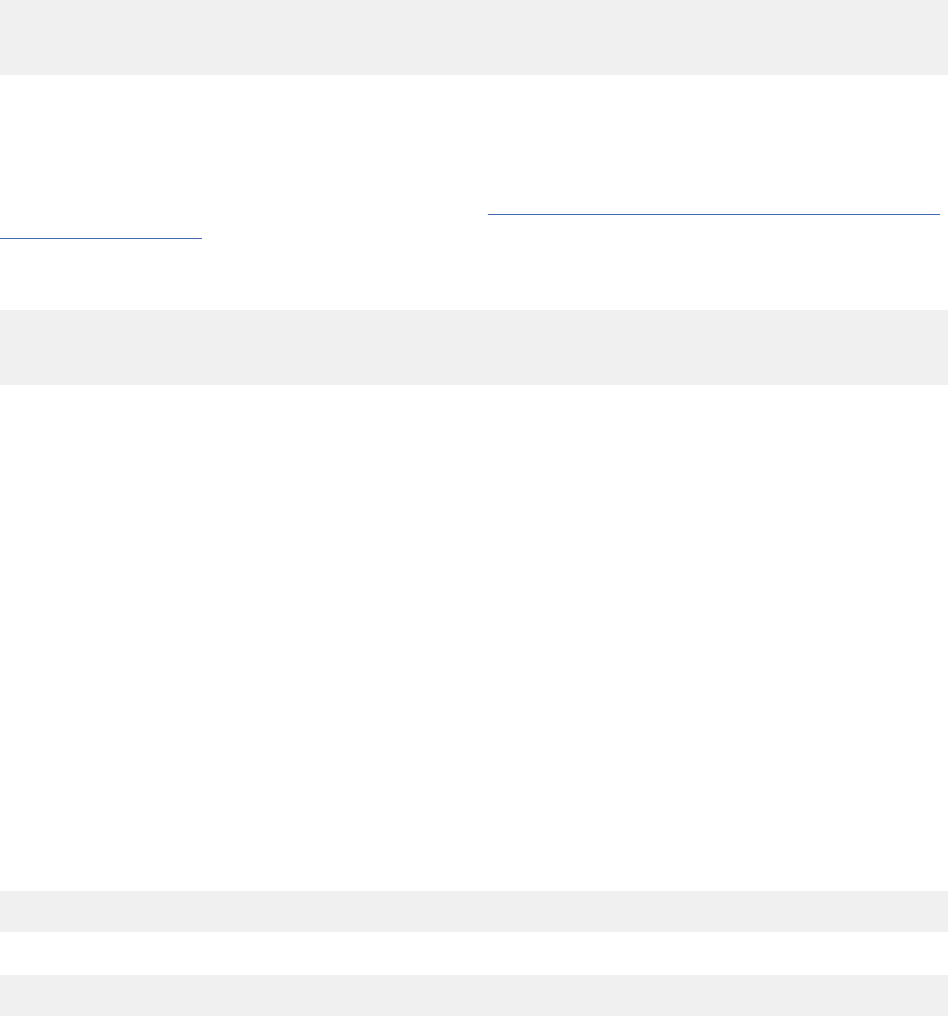
The DSN command processor is a TSO command processor that runs in TSO foreground or under TSO in a
JES-initiated batch environment.
Invoking a single SQL program through ISPF and DSN
When you invoke a single SQL program through ISPF and DSN, you should rst invoke ISPF, which
displays the data and selection panels. When you select the program on the selection panel, ISPF calls a
CLIST that runs the program.
About this task
A corresponding CLIST might contain:
DSN
RUN PROGRAM(MYPROG) PLAN(MYPLAN)
END
The application has one large load module and one plan.
Disadvantages: For large programs of this type, you want a more modular design, making the plan more
flexible and easier to maintain. If you have one large plan, you must rebind the entire plan whenever you
change a module that includes SQL statements. To achieve a more modular construction when all parts
of the program use SQL, consider using packages. See Chapter 9, “Preparing an application to run on Db2
for z/OS,” on page 843. You cannot pass control to another load module that makes SQL calls by using
ISPLINK; rather, you must use LINK, XCTL, or LOAD and BALR.
If you want to use ISPLINK, then call ISPF to run under DSN:
DSN
RUN PROGRAM(ISPF) PLAN(MYPLAN)
END
You then need to leave ISPF before you can start your application.
Furthermore, the entire program is dependent on Db2; if Db2 is not running, no part of the program can
begin or continue to run.
Invoking multiple SQL programs through ISPF and DSN
You can break a large application into several different functions. Each function communicates through a
common pool of shared variables, which is controlled by ISPF.
About this task
You might write some functions as separately compiled and loaded programs, others as EXECs or CLISTs.
You can start any of those programs or functions through the ISPF SELECT service, and you can start that
from a program, a CLIST, or an ISPF selection panel.
When you use the ISPF SELECT service, you can specify whether ISPF should create a new ISPF variable
pool before calling the function. You can also break a large application into several independent parts,
each with its own ISPF variable pool.
You can call different parts of the program in different ways. For example, you can use the PGM option of
ISPF SELECT:
PGM(program-name) PARM(parameters)
Alternatively, you can use the CMD option:
CMD(command)
950
Db2 12 for z/OS: Application Programming and SQL Guide (Last updated: 2024-07-30)

For a part that accesses Db2, the command can name a CLIST that starts DSN:
DSN
RUN PROGRAM(PART1) PLAN(PLAN1) PARM(input from panel)
END
Breaking the application into separate modules makes it more flexible and easier to maintain.
Furthermore, some of the application might be independent of Db2; portions of the application that do not
call Db2 can run, even if Db2 is not running. A stopped Db2 database does not interfere with parts of the
program that refer only to other databases.
Disadvantages: The modular application, on the whole, has to do more work. It calls several CLISTs,
and each one must be located, loaded, parsed, interpreted, and executed. It also makes and breaks
connections to Db2 more often than the single load module. As a result, you might lose some efciency.
Loading and running a batch program
You can run a DL/I batch program by running module DSNMTV01, which loads your application, or by
running the application program directly.
Procedure
To run a program using Db2, you need a Db2 plan.
The bind process creates the Db2 plan. Db2 rst veries whether the DL/I batch job step can connect to
Db2. Then Db2 veries whether the application program can access Db2 and enforce user identication of
batch jobs accessing Db2.
The two ways to submit DL/I batch applications to Db2 are:
• DSNMTV01 can be specied as the application program name for the batch region. When this method
is used, control is given to DSNMTV01. When the Db2 environment is established, control is passed to
the application program.
• The application program name can be specied for the batch region. Control is given to DSNMTV01
directly to establish the external subsystem environment for Db2. When the Db2 environment is
established, control is passed to the application program that is specied in the batch region. To
accomplish this, in the batch region startup procedure in your application JCL, specify the following
information:
– MBR=application-name
– SSM=DB2-subsystem-name
Examples
Example: Submitting a DL/I batch application without using DSNMTV01
The skeleton JCL in the following example illustrates a COBOL application program, IVP8CP22, that
runs using Db2 DL/I batch support.
//TEPCTEST JOB 'USER=ADMF001',MSGCLASS=A,MSGLEVEL=(1,1),
// TIME=1440,CLASS=A,USER=SYSADM,PASSWORD=SYSADM
//*******************************
//BATCH EXEC DLIBATCH,PSB=IVP8CA,MBR=IVP8CP22,
// BKO=Y,DBRC=N,IRLM=N,SSM=SSDQ
//*******************************
//SYSPRINT DD SYSOUT=A
//REPORT DD SYSOUT=*
//G.DDOTV02 DD DSN=&TEMP,DISP=(NEW,PASS,DELETE),
// SPACE=(CYL,(10,1),RLSE),
// UNIT=SYSDA,DCB=(RECFM=VB,BLKSIZE=4096,LRECL=4092)
//G.DDITV02 DD *
SSDQ,SYS1,DSNMIN10,,Q,",DSNMTES1,,IVP8CP22
//G.SYSIN DD *
/*
//****************************************************
//* ALWAYS ATTEMPT TO PRINT OUT THE DDOTV02 DATA SET
//****************************************************
Chapter 10. Running an application on Db2 for z/OS
951

//PRTLOG EXEC PGM=DFSERA10,COND=EVEN
//STEPLIB DD DSN=IMS.RESLIB,DISP=SHR
//SYSPRINT DD SYSOUT=*
//SYSOUT DD SYSOUT=*
//SYSUT1 DD DSN=&TEMP,DISP=(OLD,DELETE)
//SYSIN DD *
CONTROL CNTL K=000,H=8000
OPTION PRINT
/*
Example: Submitting a DL/I batch application using DSNMTV01
The following skeleton JCL example illustrates a COBOL application program, IVP8CP22, that runs
using Db2 DL/I batch support.
• The rst step uses the standard DLIBATCH IMS procedure.
• The second step shows how to use the DFSERA10 IMS program to print the contents of the
DDOTV02 output data set.
//ISOCS04 JOB 3000,ISOIR,MSGLEVEL=(1,1),NOTIFY=ISOIR,
// MSGCLASS=T,CLASS=A
//JOBLIB DD DISP=SHR,
// DSN=prefix.SDSNLOAD
//* ******************************************************************
//*
//* THE FOLLOWING STEP SUBMITS COBOL JOB IVP8CP22, WHICH UPDATES
//* BOTH DB2 AND DL/I DATABASES.
//*
//* ******************************************************************
//UPDTE EXEC DLIBATCH,DBRC=Y,LOGT=SYSDA,COND=EVEN,
// MBR=DSNMTV01,PSB=IVP8CA,BKO=Y,IRLM=N
//G.STEPLIB DD
// DD DSN=prefix.SDSNLOAD,DISP=SHR
// DD DSN=prefix.RUNLIB.LOAD,DISP=SHR
// DD DSN=CEE.SCEERUN,DISP=SHR
// DD DSN=IMS.PGMLIB,DISP=SHR
//G.DDOTV02 DD DSN=&TEMP1,DISP=(NEW,PASS,DELETE),
// SPACE=(TRK,(1,1),RLSE),UNIT=SYSDA,
// DCB=(RECFM=VB,BLKSIZE=4096,LRECL=4092)
//G.DDITV02 DD *
SSDQ,SYS1,DSNMIN10,,A,-,BATCH001,,IVP8CP22
/*
//***************************************************************
//*** ALWAYS ATTEMPT TO PRINT OUT THE DDOTV02 DATA SET ***
//***************************************************************
//STEP3 EXEC PGM=DFSERA10,COND=EVEN
//STEPLIB DD DSN=IMS.RESLIB,DISP=SHR
//SYSPRINT DD SYSOUT=A
//SYSUT1 DD DSNAME=&TEMP1,DISP=(OLD,DELETE)
//SYSIN DD *
CONTROL CNTL K=000,H=8000
OPTION PRINT
/*
//
Related concepts
Input and output data sets for DL/I batch jobs
DL/I batch jobs require an input data set with DD name DDITV02 and an output data set with DD name
DDOTV02.
Authorization for running a batch DL/I program
When a DL/I batch application tries to run the rst SQL statement, Db2 checks whether the authorization
ID has the EXECUTE privilege for the plan. Db2 uses the same ID for subsequent authorization checks and
also identies records from the accounting and performance traces.
The primary authorization ID is the value of the USER parameter on the job statement, if that is available.
If that parameter is not available, the primary authorization ID is the TSO logon name if the job is
submitted. Otherwise, the primary authorization ID is the IMS PSB name. In that case, however, the ID
must not begin with the string "SYSADM" because this string causes the job to abnormally terminate. The
batch job is rejected if you try to change the authorization ID in an exit routine.
952
Db2 12 for z/OS: Application Programming and SQL Guide (Last updated: 2024-07-30)

Restarting a batch program
To restart a batch program that updates data, rst run the IMS Batch Backout utility, followed by a restart
job indicating the last successful checkpoint ID.
About this task
For guidelines on nding the last successful checkpoint, see “Finding the DL/I batch checkpoint ID” on
page 954.
Examples
Example: Batch checkout with JCL
The skeleton JCL example that follows illustrates a batch backout for PSB=IVP8CA.
//ISOCS04 JOB 3000,ISOIR,MSGLEVEL=(1,1),NOTIFY=ISOIR,
// MSGCLASS=T,CLASS=A
//* * * * * * * * * * * * * * * * * * * * * * * * * * * * * * * *
//* *
//* BACKOUT TO LAST CHKPT. *
//* IF RC=0028 LOG WITH NO-UPDATE *
//* *
//* - - - - - - - - - - - - - - - - - - - - - - - - - - - - - - *
//BACKOUT EXEC PGM=DFSRRC00,
// PARM='DLI,DFSBBO00,IVP8CA,,,,,,,,,,,Y,N,,Y',
// REGION=2600K,COND=EVEN |
//* ---> DBRC ON
//STEPLIB DD DSN=IMS.RESLIB,DISP=SHR
//IMS DD DSN=IMS.PSBLIB,DISP=SHR
// DD DSN=IMS.DBDLIB,DISP=SHR
//*
//* IMSLOGR DD data set is required
//* IEFRDER DD data set is required
//DFSVSAMP DD *
OPTIONS,LTWA=YES
2048,7
1024,7
/*
//SYSIN DD DUMMY
/*
Example: restarting a DL/I batch job with JCL
Operational procedures can restart a DL/I batch job step for an application program using IMS XRST
and symbolic CHKP calls.
You cannot restart a BMP application program in a Db2 DL/I batch environment. The symbolic
checkpoint records are not accessed, causing an IMS user abend U0102.
To restart a batch job that terminated abnormally or prematurely, nd the checkpoint ID for the job
on the z/OS system log or from the SYSOUT listing of the failing job. Before you restart the job step,
place the checkpoint ID in the CKPTID=value option of the DLIBATCH procedure, submit the job. If
the default connection name is used (that is, you did not specify the connection name option in the
DDITV02 input data set), the job name of the restart job must be the same as the failing job. Refer to
the following skeleton example, in which the last checkpoint ID value was IVP80002:
//ISOCS04 JOB 3000,OJALA,MSGLEVEL=(1,1),NOTIFY=OJALA,
// MSGCLASS=T,CLASS=A
//* ******************************************************************
//*
//* THE FOLLOWING STEP RESTARTS COBOL PROGRAM IVP8CP22, WHICH UPDATES
//* BOTH DB2 AND DL/I DATABASES, FROM CKPTID=IVP80002.
//*
//* ******************************************************************
//RSTRT EXEC DLIBATCH,DBRC=Y,COND=EVEN,LOGT=SYSDA,
// MBR=DSNMTV01,PSB=IVP8CA,BKO=Y,IRLM=N,CKPTID=IVP80002
//G.STEPLIB DD
// DD
// DD DSN=prefix.SDSNLOAD,DISP=SHR
// DD DSN=prefix.RUNLIB.LOAD,DISP=SHR
// DD DSN=SYS1.COB2LIB,DISP=SHR
// DD DSN=IMS.PGMLIB,DISP=SHR
//* other program libraries
Chapter 10. Running an application on Db2 for z/OS
953

//* G.IEFRDER data set required
//* G.IMSLOGR data set required
//G.DDOTV02 DD DSN=&TEMP2,DISP=(NEW,PASS,DELETE),
// SPACE=(TRK,(1,1),RLSE),UNIT=SYSDA,
// DCB=(RECFM=VB,BLKSIZE=4096,LRECL=4092)
//G.DDITV02 DD *
DB2X,SYS1,DSNMIN10,,A,-,BATCH001,,IVP8CP22
/*
//***************************************************************
//*** ALWAYS ATTEMPT TO PRINT OUT THE DDOTV02 DATA SET ***
//***************************************************************
//STEP8 EXEC PGM=DFSERA10,COND=EVEN
//STEPLIB DD DSN=IMS.RESLIB,DISP=SHR
//SYSPRINT DD SYSOUT=A
//SYSUT1 DD DSNAME=&TEMP2,DISP=(OLD,DELETE)
//SYSIN DD *
CONTROL CNTL K=000,H=8000
OPTION PRINT
/*
//
Finding the DL/I batch checkpoint ID
When an application program issues an IMS CHKP call, IMS sends the checkpoint ID to the z/OS console
and the SYSOUT listing in message DFS0540I.
About this task
IMS also records the checkpoint ID in the type X'41' IMS log record. Symbolic CHKP calls also create
one or more type X'18' records on the IMS log. XRST uses the type X'18' log records to reposition DL/I
databases and return information to the application program.
During the commit process the application program checkpoint ID is passed to Db2. If a failure occurs
during the commit process, creating an indoubt work unit, Db2 remembers the checkpoint ID. You can use
the following techniques to nd the last checkpoint ID:
• Look at the SYSOUT listing for the job step to nd message DFS0540I, which contains the checkpoint
IDs that are issued. Use the last listed checkpoint ID.
• Look at the z/OS console log to nd message DFS0540I that contains the checkpoint ID that is issued
for this batch program. Use the last listed checkpoint ID.
• Submit the IMS Batch Backout utility to back out the DL/I databases to the last (default) checkpoint ID.
When the batch backout nishes, message DFS395I provides the last valid IMS checkpoint ID. Use this
checkpoint ID on restart.
• When restarting Db2, issue the command -DISPLAY THREAD(*) TYPE(INDOUBT) to obtain a
possible indoubt unit of work (connection name and checkpoint ID). If you restarted the application
program from this checkpoint ID, the program could work because the checkpoint is recorded on
the IMS log; however, the program could fail with an IMS user abend U102 because IMS did not
nish logging the information before the failure. In that case, restart the application program from the
previous checkpoint ID.
Db2 performs one of two actions automatically when restarted, if the failure occurs outside the indoubt
period: it either backs out the work unit to the prior checkpoint, or it commits the data without any
assistance. If the operator then issues the following command, no work unit information is displayed:
-DISPLAY THREAD(*) TYPE(INDOUBT)
Running stored procedures from the command line processor
As an alternative to calling a stored procedure from an application program, you can use the command
line processor to invoke stored procedures.
Procedure
To run a stored procedure from the command line processor:
954
Db2 12 for z/OS: Application Programming and SQL Guide (Last updated: 2024-07-30)
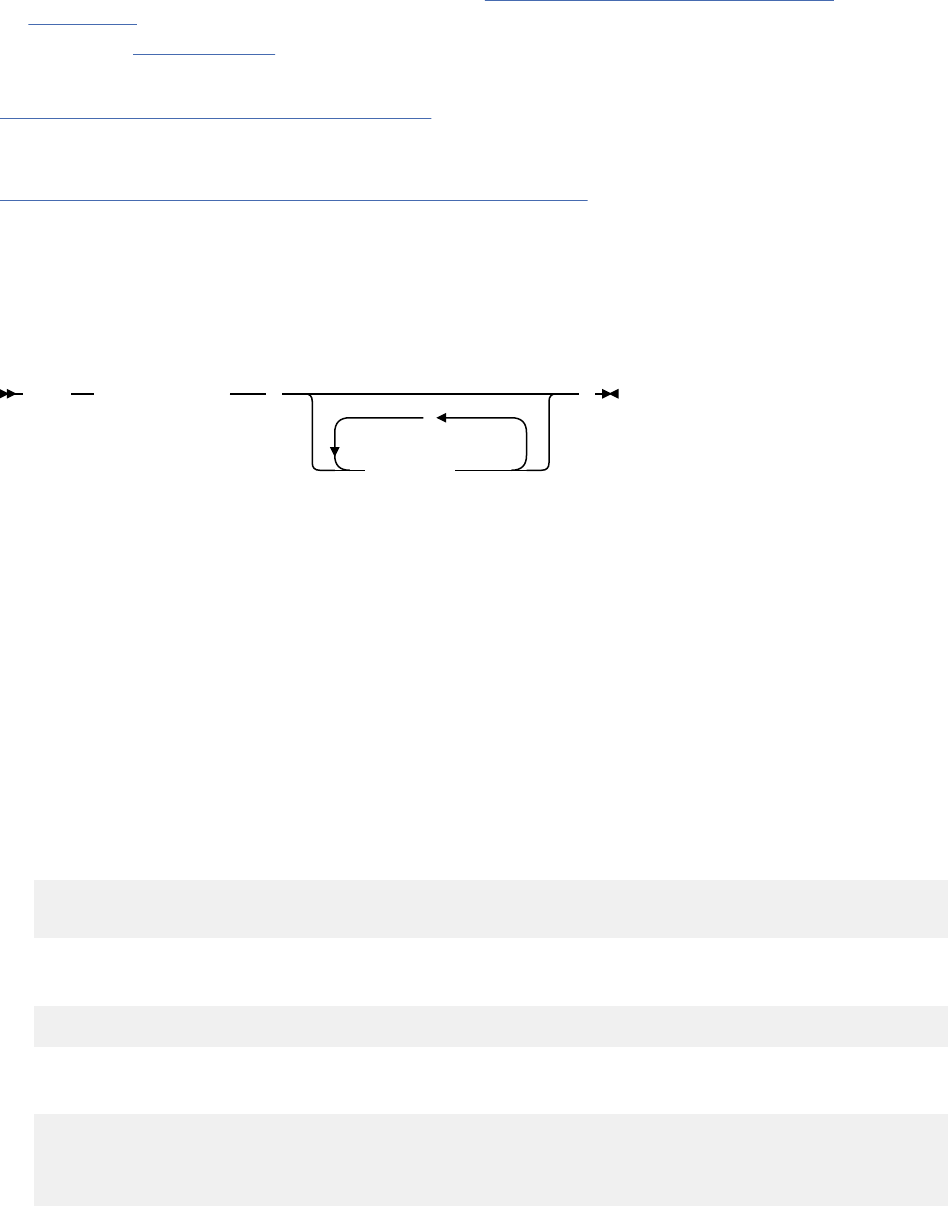
1. Invoke the command line processor and connect to the appropriate Db2 subsystem. For more
information about how to perform these tasks, see The Db2 command line processor (Db2
Commands).
2. Specify the CALL statement in the form that is acceptable for the command line processor.
Related tasks
Calling a stored procedure from your application
To run a stored procedure, you can either call it from a client program or invoke it from the command line
processor.
Implementing Db2 stored procedures (Db2 Administration Guide)
Command line processor CALL statement
Use the command line processor CALL statement to invoke stored procedures from the command line
processor.
Use the following syntax for the command line processor CALL statement.
CALL procedure-name
1
(
,
parameter
2 3 4
)
Notes:
1
If you specify an unqualied stored procedure name, Db2 searches the schema list in the CURRENT
PATH special register. Db2 searches this list for a stored procedure with the specied number of input
and output parameters.
2
Specify a question mark (?) as a placeholder for each output parameter.
3
For non-numeric, BLOB, or CLOB input parameters, enclose each value in single quotation marks (').
The exception is if the data is a BLOB or CLOB value that is to be read from a le. In that case, use the
notation file://fully qualified file name.
4
Specify the input and output parameters in the order that they are specied in the signature for the
stored procedure.
Examples
Example1
Assume that the TEST.DEPT_MEDIAN stored procedure was created with the following statement:
CREATE PROCEDURE TEST.DEPT_MEDIAN
(IN DEPTNUMBER SMALLINT, OUT MEDIANSALARY INT)
To invoke the stored procedure from the command line processor, you can specify the following CALL
statement:
CALL TEST.DEPT_MEDIAN(51, ?)
Assume that the stored procedure returns a value of 25,000. The following information is displayed by
the command line processor:
Value of output parameters
--------------------------
Parameter Name : MEDIANSALARY
Parameter Value : 25000
Example 2
Suppose that stored procedure TEST.BLOBSP is dened with one input parameter of type BLOB and
one output parameter. You can invoke this stored procedure from the command line processor with
the following statement:
Chapter 10. Running an application on Db2 for z/OS
955

CALL TEST.BLOBSP(file:///tmp/photo.bmp,?)
The command line processor reads the contents from /tmp/photo.bmp as the input parameter.
Alternatively, you can invoke this stored procedure by specifying the input parameter in the CALL
statement itself, as in the following example:
CALL TEST.BLOBSP('abcdef',?)
Example of running a batch Db2 application in TSO
Most application programs that are written for the batch environment run under the TSO Terminal Monitor
Program (TMP) in background mode.
The following gure shows the JCL statements that you need in order to start such a job. The list that
follows explains each statement.
//jobname JOB USER=MY DB2ID
//GO EXEC PGM=IKJEFT01,DYNAMNBR=20
//STEPLIB DD DSN=prefix.SDSNEXIT,DISP=SHR
// DD DSN=prefix.SDSNLOAD,DISP=SHR
⋮
//SYSTSPRT DD SYSOUT=A
//SYSTSIN DD *
DSN SYSTEM (ssid)
RUN PROG (SAMPPGM) -
PLAN (SAMPLAN) -
LIB (SAMPPROJ.SAMPLIB) -
PARMS ('/D01 D02 D03')
END
/*
• The JOB option identies this as a job card. The USER option species the Db2 authorization ID of the
user.
• The EXEC statement calls the TSO Terminal Monitor Program (TMP).
• The STEPLIB statement species the library in which the DSN Command Processor load modules and
DSNHDECP or a user-specied application defaults module reside. It can also reference the libraries in
which user applications, exit routines, and the customized DSNHDECP module reside. The customized
DSNHDECP module is created during installation.
• Subsequent DD statements dene additional les that are needed by your program.
• The DSN command connects the application to a particular Db2 subsystem.
• The RUN subcommand species the name of the application program to run.
• The PLAN keyword species plan name.
• The LIB keyword species the library that the application should access.
• The PARMS keyword passes parameters to the run time processor and the application program.
• END ends the DSN command processor.
Usage notes
• Keep DSN job steps short.
• Recommendation: Do not use DSN to call the EXEC command processor to run CLISTs that contain
ISPEXEC statements; results are unpredictable.
• If your program abends or gives you a non-zero return code, DSN terminates.
• You can use a group attachment or subgroup attachment name instead of a specic ssid to connect to a
member of a data sharing group.
Related tasks
Running TSO application programs (Db2 Administration Guide)
956
Db2 12 for z/OS: Application Programming and SQL Guide (Last updated: 2024-07-30)

Related reference
Executing the terminal monitor program (TSO/E Customization)
DSN command (TSO) (Db2 Commands)
Example of calling applications in a command procedure
As an alternative to foreground or batch calls to an application, you can run a TSO or batch application by
using a command procedure (CLIST).
The following CLIST calls a Db2 application program named MYPROG. ssid represents the Db2 subsystem
name, or group attachment or subgroup attachment name.
PROC 0 /* INVOCATION OF DSN FROM A CLIST */
DSN SYSTEM(ssid) /* INVOKE DB2 SUBSYSTEM ssid */
IF &LASTCC = 0 THEN /* BE SURE DSN COMMAND WAS SUCCESSFUL */
DO /* IF SO THEN DO DSN RUN SUBCOMMAND */
DATA /* ELSE OMIT THE FOLLOWING: */
RUN PROGRAM(MYPROG)
END
ENDDATA /* THE RUN AND THE END ARE FOR DSN */
END
EXIT
IMS: To run a message-driven program
First, ensure that you can respond to the program's interactive requests for data and that you can
recognize the expected results. Then, enter the transaction code that is associated with the program.
Users of the transaction code must be authorized to run the program.
To run a non-message-driven program
CICSTo run a program
First, ensure that the corresponding entries in the SNT and RACF control areas allow run authorization for
your application. The system administrator is responsible for these functions.
Submit the job control statements that are needed to run the program.
Also, be sure to dene to CICS the transaction code that is assigned to your program and the program
itself.
Make a new copy of the program
Issue the NEWCOPY command if CICS has not been reinitialized since the program was last bound and
compiled.
Chapter 10. Running an application on Db2 for z/OS
957
958Db2 12 for z/OS: Application Programming and SQL Guide (Last updated: 2024-07-30)

Chapter 11. Testing and debugging an application
program on Db2 for z/OS
Depending on the situation, testing your application program might involve setting up a test environment,
testing SQL statements, debugging your programs, and reading output from the precompiler.
Related tasks
Modeling a production environment on a test subsystem (Db2 Performance)
Modeling your production system statistics in a test subsystem (Db2 Performance)
Designing a test data structure
When you test an application that accesses Db2 data, you should have Db2 data available for testing. To
do this, you can create test tables and views.
About this task
• Test views of existing tables: If your application does not change a set of Db2 data and the data exists
in one or more production-level tables, you might consider using a view of existing tables.
• Test tables: To create a test table, you need a database and table space. Talk with your DBA to make
sure that a database and table spaces are available for your use.
If the data that you want to change already exists in a table, consider using the LIKE clause of CREATE
TABLE. If you want others besides yourself to have ownership of a table for test purposes, you can
specify a secondary ID as the owner of the table. You can do this with the SET CURRENT SQLID
statement.
If your location has a separate Db2 system for testing, you can create the test tables and views on the
test system. This information assumes that you do all testing on a separate system, and that the person
who created the test tables and views has an authorization ID of TEST. The table names are TEST.EMP,
TEST.PROJ and TEST.DEPT.
Related concepts
Authorization IDs (Managing Security)
Related tasks
Modeling a production environment on a test subsystem (Db2 Performance)
Modeling your production system statistics in a test subsystem (Db2 Performance)
Related reference
SET CURRENT SQLID statement (Db2 SQL)
Analyzing application data needs
To design tests of an application, you need to determine the type of data that the application uses and
how the application accesses that data.
About this task
This information assumes that you do all testing on a separate system, and that the person who created
the test tables and views has an authorization ID of TEST. The table names are TEST.EMP, TEST.PROJ and
TEST.DEPT.
To design test tables and views, rst analyze the data needs of your application.
Procedure
To analyze the data needs of your application:
©
Copyright IBM Corp. 1983, 2022 959
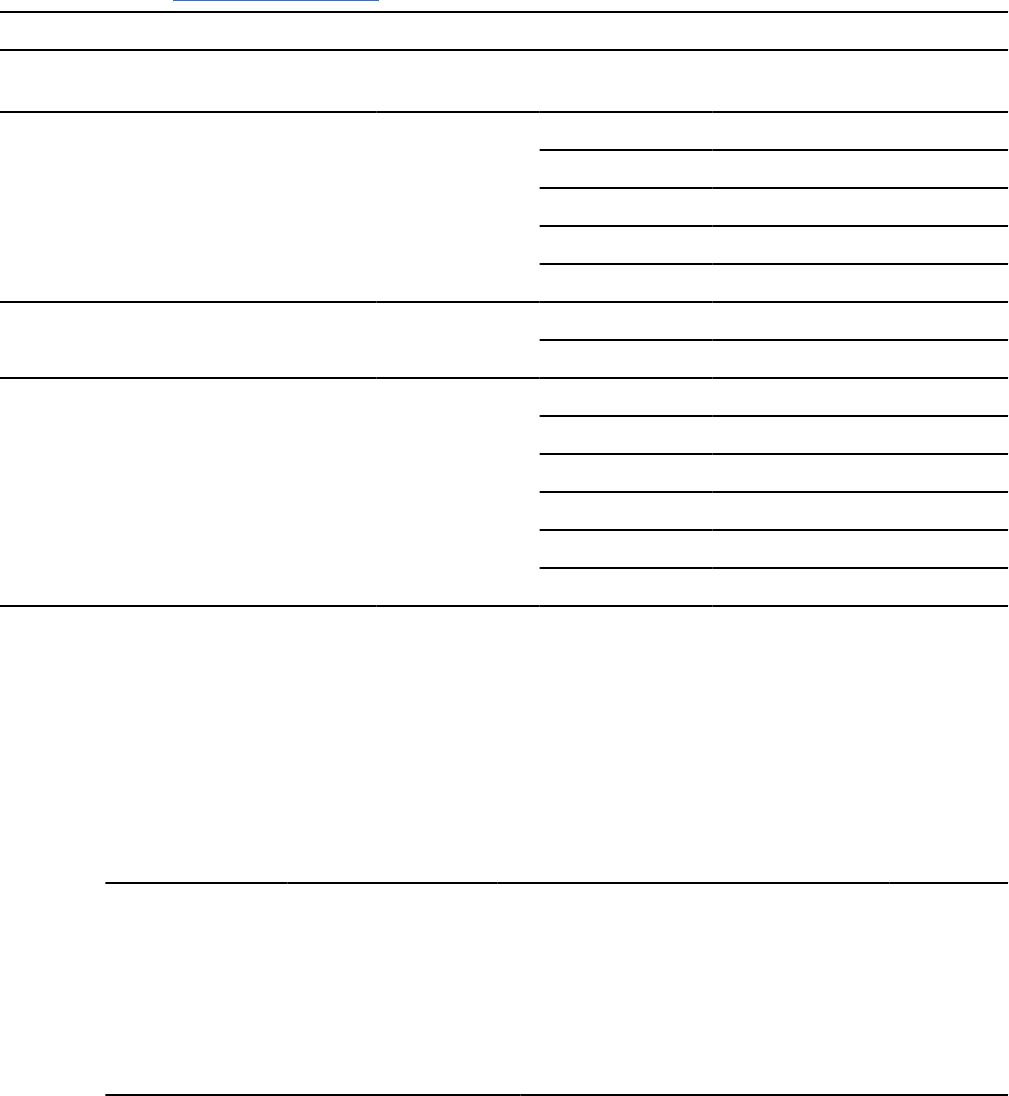
1. List the data that your application accesses and describe how it accesses each data item.
For example, suppose that you are testing an application that accesses the DSN8C10.EMP,
DSN8C10.DEPT, and DSN8C10.PROJ tables. You might record the information about the data as
shown in Table 155 on page 960.
Table 155. Description of the application data
Table or view name Insert rows? Delete rows? Column name Data type
Update
access?
DSN8C10.EMP No No EMPNO CHAR(6) No
LASTNAME VARCHAR(15) No
WORKDEPT CHAR(3) Yes
PHONENO CHAR(4) Yes
JOB DECIMAL(3) Yes
DSN8C10.DEPT No No DEPTNO CHAR(3) No
MGRNO CHAR (6) No
DSN8C10.PROJ Yes Yes PROJNO CHAR(6) No
DEPTNO CHAR(3) Yes
RESPEMP CHAR(6) Yes
PRSTAFF DECIMAL(5,2) Yes
PRSTDATE DECIMAL(6) Yes
PRENDATE DECIMAL(6) Yes
2. Determine the test tables and views that you need to test your application.
Create a test table on your list when either of the following conditions exists:
• The application modies data in the table.
• You need to create a view that is based on a test table because your application modies data in the
view.
To continue the example, create these test tables:
• TEST.EMP, with the following format:
EMPNO
LASTNAME WORKDEPT PHONENO JOB
⋮ ⋮ ⋮ ⋮ ⋮
• TEST.PROJ, with the same columns and format as DSN8C10.PROJ, because the application inserts
rows into the DSN8C10.PROJ table.
To support the example, create a test view of the DSN8C10.DEPT table.
• TEST.DEPT view, with the following format:
DEPTNO
MGRNO
⋮ ⋮
Because the application does not change any data in the DSN8C10.DEPT table, you can base the view
on the table itself (rather than on a test table). However, a safer approach is to have a complete set of
test tables and to test the program thoroughly using only test data.
960
Db2 12 for z/OS: Application Programming and SQL Guide (Last updated: 2024-07-30)

Authorization for test tables and applications
Before you can create a table, you need to be authorized to create tables and to use the table space in
which the table is to reside. You must also have authority to bind and run programs that you want to test.
Your DBA can grant you the necessary authorization to create and access tables and to bind and run
programs.
If you intend to use existing tables and views (either directly or as the basis for a view), you need
privileges to access those tables and views. Your DBA can grant those privileges.
To create a view, you must have authorization for each table and view on which you base the view. You
then have the same privileges over the view that you have over the tables and views on which you based
the view. Before trying the examples, have your DBA grant you the privileges to create new tables and
views and to access existing tables. Obtain the names of tables and views that you are authorized to
access (as well as the privileges you have for each table) from your DBA.
Example SQL statements to create a comprehensive test structure
You need to create a storage group, database, table space, and table to use as a test structure for your
SQL application.
The following SQL statements show how to create a complete test structure to contain a small table
named SPUFINUM. The test structure consists of:
• A storage group named SPUFISG
• A database named SPUFIDB
• A table space named SPUFITS in database SPUFIDB and using storage group SPUFISG
• A table named SPUFINUM within the table space SPUFITS
CREATE STOGROUP SPUFISG
VOLUMES (user-volume-number)
VCAT DSNCAT ;
CREATE DATABASE SPUFIDB ;
CREATE TABLESPACE SPUFITS
IN SPUFIDB
USING STOGROUP SPUFISG ;
CREATE TABLE SPUFINUM
( XVAL CHAR(12) NOT NULL,
ISFLOAT FLOAT,
DEC30 DECIMAL(3,0),
DEC31 DECIMAL(3,1),
DEC32 DECIMAL(3,2),
DEC33 DECIMAL(3,3),
DEC10 DECIMAL(1,0),
DEC11 DECIMAL(1,1),
DEC150 DECIMAL(15,0),
DEC151 DECIMAL(15,1),
DEC1515 DECIMAL(15,15) )
IN SPUFIDB.SPUFITS ;
Related reference
CREATE DATABASE statement (Db2 SQL)
CREATE STOGROUP statement (Db2 SQL)
CREATE TABLE statement (Db2 SQL)
CREATE TABLESPACE statement (Db2 SQL)
Chapter 11. Testing and debugging an application program on Db2 for z/OS
961

Populating the test tables with data
To populate test tables, use SQL INSERT statements or the LOAD utility.
About this task
You can put test data into a table in several ways:
• INSERT ... VALUES (an SQL statement) puts one row into a table each time the statement executes.
• INSERT ... SELECT (an SQL statement) obtains data from an existing table (based on a SELECT clause)
and puts it into the table that is identied in the INSERT statement.
• MERGE (an SQL statement) puts new data into a table and updates existing data.
• The LOAD utility obtains data from a sequential le (a non-Db2 le), formats it for a table, and puts it
into a table.
• The Db2 sample UNLOAD program (DSNTIAUL) can unload data from a table or view and build control
statements for the LOAD utility.
• The UNLOAD utility can unload data from a table and build control statements for the LOAD utility.
• Redirected recovery, the RECOVER utility with the FROM option, can recover data from a production
table to a test table with no impact to the availability of the production data and applications. The
production data can be recovered to the test object to a point in time or to the current state with
transactional consistency. SQL or the UNLOAD utility can then be used on the data in the test table.
Related concepts
Sample applications supplied with Db2 for z/OS
Db2 provides sample applications to help you with Db2 programming techniques and coding practices
within each of the four environments: batch, TSO, IMS, and CICS. The sample applications contain various
applications that might apply to managing a company.
Related tasks
Inserting rows by using the INSERT statement
One way to insert data into tables is to use the SQL INSERT statement. This method is useful for inserting
small amounts of data or inserting data from another table or view.
Inserting rows into a table from another table
You can copy one or more rows from one table into another table.
Inserting data and updating data in a single operation
You can update existing data and insert new data in a single operation. This operation is useful when you
want to update a table with a set of rows, some of which are changes to existing rows and some of which
are new rows.
Running a redirected recovery (Db2 Utilities)
Related reference
LOAD (Db2 Utilities)
UNLOAD (Db2 Utilities)
Methods for testing SQL statements
You can test your SQL statements by using SQL Processing Using File Input (SPUFI) or the command line
processor.
Test with SPUFI:You can use SPUFI (an interface between ISPF and Db2) to test SQL statements in
a TSO/ISPF environment. With SPUFI panels, you can put SQL statements into a data set that Db2
subsequently executes. The SPUFI Main panel has several functions that enable you to:
• Name an input data set to hold the SQL statements that are passed to Db2 for execution
• Name an output data set to contain the results of executing the SQL statements
• Specify SPUFI processing options
962
Db2 12 for z/OS: Application Programming and SQL Guide (Last updated: 2024-07-30)

Test with the command line processor: You can use the command line processor to test SQL statements
from UNIX System Services on z/OS.
SQL statements that are executed under SPUFI or the command line processor operate on actual tables
(in this case, the tables that you created for testing). Consequently, before you access Db2 data:
• Make sure that all tables and views that your SQL statements refer to exist.
• If the tables or views do not exist, create them (or have your database administrator create them). You
can use SPUFI or the command line processor to issue the CREATE statements that are used to create
the tables and views that you need for testing.
Related concepts
The Db2 command line processor (Db2 Commands)
Related tasks
Executing SQL by using SPUFI
You can execute SQL statements dynamically in a TSO session by using the SPUFI (SQL processor using
le input) facility.
Executing SQL by using SPUFI
You can execute SQL statements dynamically in a TSO session by using the SPUFI (SQL processor using
le input) facility.
Before you begin
Before you use SPUFI, allocate an input data set to store the SQL statements that you want to execute, if
such a data set does not already exist.
Before you begin this task, you can specify whether TSO message IDs are displayed by using the TSO
PROFILE command. To view message IDs, type TSO PROFILE MSGID on the ISPF command line. To
suppress message IDs, type TSO PROFILE NOMSGID.
These instructions assume that ISPF is available to you.
About this task
Important: Ensure that the TSO terminal CCSID matches the Db2 CCSID. If these CCSIDs do not match,
data corruption can occur. If SPUFI issues the warning message DSNE345I, terminate your SPUFI session
and notify the system administrator.
SPUFI can execute SQL statements that retrieve Unicode UTF-16 graphic data. However, SPUFI might
not be able to display some characters, if those characters have no mapping in the target SBCS EBCDIC
CCSID.
Procedure
To execute SQL by using SPUFI:
1. Open SPUFI and specify the initial options. To open SPUFI and specify initial options:
a) Select SPUFI from the DB2I Primary Option Menu as shown in The DB2I primary option menu
(Introduction to Db2 for z/OS).
The SPUFI panel is displayed.
b) Specify the input data set name and output data set name.
An example of a SPUFI panel in which an input data set and output data set have been specied is
shown in the following gure.
Chapter 11. Testing and debugging an application program on Db2 for z/OS
963

DSNESP01 SPUFI SSID: DSN
===>
Enter the input data set name: (Can be sequential or partitioned)
1 DATA SET NAME..... ===> EXAMPLES(XMP1)
2 VOLUME SERIAL..... ===> (Enter if not cataloged)
3 DATA SET PASSWORD. ===> (Enter if password protected)
Enter the output data set name: (Must be a sequential data set)
4 DATA SET NAME..... ===> RESULT
Specify processing options:
5 CHANGE DEFAULTS... ===> Y (Y/N - Display SPUFI defaults panel?)
6 EDIT INPUT........ ===> Y (Y/N - Enter SQL statements?)
7 EXECUTE........... ===> Y (Y/N - Execute SQL statements?)
8 AUTOCOMMIT........ ===> Y (Y/N - Commit after successful run?)
9 BROWSE OUTPUT..... ===> Y (Y/N - Browse output data set?)
For remote SQL processing:
10 CONNECT LOCATION ===>
PRESS: ENTER to process END to exit HELP for more information
Figure 67. The SPUFI panel lled in
c) Specify new values in any of the other elds on the SPUFI panel.
For more information about these elds, see “The SPUFI panel” on page 967
.
2. Optional: Change the SPUFI defaults, as described in “Changing SPUFI defaults” on page 968.
3. Enter SQL statements in SPUFI.
If the input data set that you specied on the SPUFI panel already contains all of the SQL statements
that you want to execute, you can bypass this editing step by specifying NO for the EDIT INPUT eld on
the SPUFI panel. To enter SQL statements by using SPUFI:
a) If the EDIT panel is not already open, on the SPUFI panel, specify Y in the EDIT INPUT eld
and press ENTER. If the input data set that you specied is empty, an empty EDIT panel opens.
Otherwise, if the input data set contained SQL statements, those SQL statements are displayed in
an EDIT panel.
b) On the EDIT panel, use the ISPF EDIT program to enter or edit any SQL statements that you want to
execute. Move the cursor to the rst blank input line, and enter the rst part of an SQL statement.
If the input data set that you specied on the SPUFI panel already contains all of the SQL
statements that you want to execute, you can bypass this editing step by specifying NO for the
EDIT INPUT eld on the SPUFI panel.
You can enter the rest of the SQL statement on subsequent lines, as shown in the following gure:
EDIT --------userid.EXAMPLES(XMP1) --------------------- COLUMNS 001 072
COMMAND INPUT ===> SAVE SCROLL ===> PAGE
********************************** TOP OF DATA ***********************
000100 SELECT LASTNAME, FIRSTNME, PHONENO
000200 FROM DSN8C10.EMP
000300 WHERE WORKDEPT= 'D11'
000400 ORDER BY LASTNAME;
********************************* BOTTOM OF DATA *********************
Figure 68. The edit panel: After entering an SQL statement
Consider the following rules and recommendations when editing this input data set:
• Indent your lines and enter your statements on several lines to make your statements easier
to read. Entering your statements on multiple lines does not change how your statements are
processed.
• Do not put more than one SQL statement on a single line. If you do, the rst statement executes,
but Db2 ignores the other SQL statements on the same line. You can put more than one SQL
statement in the input data set. Db2 executes the statements in the order in which you placed
them in the data set.
964
Db2 12 for z/OS: Application Programming and SQL Guide (Last updated: 2024-07-30)

• If the length of an SQL statement is greater than 71 bytes for an input data set with record
length 79, or 72 bytes for an input data set with record length 80, you need to continue the
SQL statement on additional lines of the SPUFI input data set. SPUFI concatenates the text on
multiple lines without adding extra spaces at the end of any line. Therefore, if an SQL statement
contains two values with a space between them, and the rst value ends at the last allowed input
position (71 or 72), you need to add an extra space on the next line before the second value.
For example, suppose that the record length of your SPUFI input data set is 80, so the maximum
length of an input line is 72. Also suppose that the SQL statement that you wish to enter is
81 bytes long. Bytes 69 through 81 contain FROM MYTABLE;. If you split the SQL statement
after FROM, the rst line of the statement ends in column 72, so you need to include a space in
column 1 of the next line, before MYTABLE;. Otherwise, when SPUFI concatenates the two lines,
the result is FROMMYTABLE;. When SPUFI runs the SQL statement, the SQL statement fails with
SQLCODE -104.
• End each SQL statement with the statement terminator that you specied on the CURRENT SPUFI
DEFAULTS panel.
• Save the data set every 10 minutes or so by entering the SAVE command.
c) Press the END PF key.
The data set is saved, and the SPUFI panel is displayed.
4. Process SQL statements with SPUFI.
You can use SPUFI to submit the SQL statements in a data set to Db2. To process SQL statements by
using SPUFI:
a) On the SPUFI panel, specify YES in the EXECUTE eld.
b) If you did not just nish using the EDIT panel to edit the input data set as described in "Entering
SQL statements in SPUFI," specify NO In the EDIT INPUT eld.
c) Press Enter.
SPUFI passes the input data set to Db2 for processing. Db2 executes the SQL statement in the
input data set and sends the output to the output data set.
The output data set opens.
Your SQL statement might take a long time to execute, depending on how large a table Db2 must
search, or on how many rows Db2 must process. In this case, you can interrupt the processing
by pressing the PA1 key. Then respond to the message that asks you if you really want to stop
processing. This action cancels the executing SQL statement. Depending on how much of the input
data set Db2 was able to process before you interrupted its processing, Db2 might not have opened
the output data set yet, or the output data set might contain all or part of the results data that are
produced so far.
Results
SQL statements that exceed resource limit thresholds
Your system administrator might use the Db2 resource limit facility (governor) to set time limits for
processing SQL statements in SPUFI. Those limits can be error limits or warning limits.
If you execute an SQL statement through SPUFI that runs longer than this error time limit, SPUFI
terminates processing of that SQL statement and all statements that follow in the SPUFI input data
set. SPUFI displays a panel that lets you commit or roll back the previously uncommitted changes that
you have made. That panel is shown in the following gure.
Chapter 11. Testing and debugging an application program on Db2 for z/OS
965

DSNESP04 SQL STATEMENT RESOURCE LIMIT EXCEEDED SSID: DSN
===>
The following SQL statement has encountered an SQLCODE of -905 or -495:
Statement text
Your SQL statement has exceeded the resource utilization threshold set
by your site administrator.
You must ROLLBACK or COMMIT all the changes made since the last COMMIT.
SPUFI processing for the current input file will terminate immediately
after the COMMIT or ROLLBACK is executed.
1 NEXT ACTION ===> (Enter COMMIT or ROLLBACK)
PRESS: ENTER to process HELP for more information
Figure 69. The resource limit facility error panel
If you execute an SQL statement through SPUFI that runs longer than the warning time limit for
predictive governing, SPUFI displays the SQL STATEMENT RESOURCE LIMIT EXCEEDED panel. On this
panel, you can tell Db2 to continue executing that statement, or stop processing that statement and
continue to the next statement in the SPUFI input data set. That panel is shown in the following gure.
DSNESP05 SQL STATEMENT RESOURCE LIMIT EXCEEDED SSID: DSN
===>
The following SQL statement has encountered an SQLCODE of 495:
Statement text
You can now either CONTINUE executing this statement or BYPASS the execution
of this statement. SPUFI processing for the current input file will continue
after the CONTINUE or BYPASS processing is completed.
1 NEXT ACTION ===> (Enter CONTINUE or BYPASS)
PRESS: ENTER to process HELP for more information
Figure 70. The resource limit facility warning panel
Related tasks
Setting limits for system resource usage by using the resource limit facility (Db2 Performance)
Related reference
Using ISPF/PDF to Allocate Data Sets (z/OS ISPF User's Guide Vol II)
Related information
Lesson 1.1: Querying data interactively (Introduction to Db2 for z/OS)
Content of a SPUFI input data set
A SPUFI input data set can contain SQL statements, comments, and SPUFI control statements.
You can put comments about SQL statements either on separate lines or on the same line. In either
case, use two hyphens (--) to begin a comment. Specify any text other than #SET TERMINATOR or #SET
TOLWARN after the comment marker. Db2 ignores everything else to the right of the two hyphens.
966
Db2 12 for z/OS: Application Programming and SQL Guide (Last updated: 2024-07-30)

The SPUFI panel
The SPUFI panel is the rst panel that you need to ll out to run the SPUFI application.
After you complete any elds on the SPUFI panel and press Enter, those settings are saved. When the
SPUFI panel displays again, the data entry elds on the panel contain the values that you previously
entered. You can specify data set names and processing options each time the SPUFI panel is displayed,
as needed. Values that you do not change remain in effect.
The following descriptions explain the elds that are available on the SPUFI panel.
1,2,3 INPUT DATA SET NAME
Identify the input data set in elds 1 through 3. This data set contains one or more SQL statements
that you want to execute. Allocate this data set before you use SPUFI, if one does not already exist.
Consider the following rules:
• The name of the data set must conform to standard TSO naming conventions.
• The data set can be empty before you begin the session. You can then add the SQL statements by
editing the data set from SPUFI.
• The data set can be either sequential or partitioned, but it must have the following DCB
characteristics:
– A record format (RECFM) of either F or FB.
– A logical record length (LRECL) of either 79 or 80. Use 80 for any data set that the EXPORT
command of QMF did not create.
• Data in the data set can begin in column 1. It can extend to column 71 if the logical record length is
79, and to column 72 if the logical record length is 80. SPUFI assumes that the last 8 bytes of each
record are for sequence numbers.
If you use this panel a second time, the name of the data set you previously used displays in the
eld DATA SET NAME. To create a new member of an existing partitioned data set, change only the
member name.
4 OUTPUT DATA SET NAME
Enter the name of a data set to receive the output of the SQL statement. You do not need to allocate
the data set before you do this.
If the data set exists, the new output replaces its content. If the data set does not exist, Db2 allocates
a data set on the device type specied on the CURRENT SPUFI DEFAULTS panel and then catalogs
the new data set. The device must be a direct-access storage device, and you must be authorized to
allocate space on that device.
Attributes required for the output data set are:
• Organization: sequential
• Record format: F, FB, FBA, V, VB, or VBA
• Record length: 80 to 32768 bytes, not less than the input data set
“Executing SQL by using SPUFI” on page 963
shows the simplest choice, entering RESULT. SPUFI
allocates a data set named userid.RESULT and sends all output to that data set. If a data set named
userid.RESULT already exists, SPUFI sends Db2 output to it, replacing all existing data.
5 CHANGE DEFAULTS
Enables you to change control values and characteristics of the output data set and format of your
SPUFI session. If you specify Y(YES) you can look at the SPUFI defaults panel. See “Changing SPUFI
defaults” on page 968 for more information about the values you can specify and how they affect
SPUFI processing and output characteristics. You do not need to change the SPUFI defaults for this
example.
6 EDIT INPUT
To edit the input data set, leave Y(YES) on line 6. You can use the ISPF editor to create a new member
of the input data set and enter SQL statements in it. (To process a data set that already contains a set
Chapter 11. Testing and debugging an application program on Db2 for z/OS
967

of SQL statements you want to execute immediately, enter N (NO). Specifying N bypasses the step 3
described in “Executing SQL by using SPUFI” on page 963.)
7 EXECUTE
To execute SQL statements contained in the input data set, leave Y(YES) on line 7.
SPUFI handles the SQL statements that can be dynamically prepared.
8 AUTOCOMMIT
To make changes to the Db2 data permanent, leave Y(YES) on line 8. Specifying Y makes SPUFI
issue COMMIT if all statements execute successfully. If all statements do not execute successfully,
SPUFI issues a ROLLBACK statement, which deletes changes already made to the le (back to the last
commit point).
If you specify N, Db2 displays the SPUFI COMMIT OR ROLLBACK panel after it executes the SQL in
your input data set. That panel prompts you to COMMIT, ROLLBACK, or DEFER any updates made by
the SQL. If you enter DEFER, you neither commit nor roll back your changes.
9 BROWSE OUTPUT
To look at the results of your query, leave Y(YES) on line 9. SPUFI saves the results in the output data
set. You can look at them at any time, until you delete or write over the data set.
10 CONNECT LOCATION
Specify the name of the database server, if applicable, to which you want to submit SQL statements.
SPUFI then issues a type 2 CONNECT statement to this server.
SPUFI is a locally bound package. SQL statements in the input data set can process only if the
CONNECT statement is successful. If the connect request fails, the output data set contains the
resulting SQL return codes and error messages.
Related reference
Actions allowed on SQL statements (Db2 SQL)
COMMIT statement (Db2 SQL)
ROLLBACK statement (Db2 SQL)
Changing SPUFI defaults
Before you execute SQL statements in SPUFI, you can change the default execution behavior, such as the
SQL terminator and the isolation level.
About this task
SPUFI provides default values the rst time that you use SPUFI for all options except the Db2 subsystem
name. Any changes that you make to these values remain in effect until you change the values again.
Procedure
To change the SPUFI defaults:
1. On the SPUFI panel, specify YES in the CHANGE DEFAULTS eld.
2. Press Enter.
The CURRENT SPUFI DEFAULTS panel opens. The following gure shows the initial default values.
968
Db2 12 for z/OS: Application Programming and SQL Guide (Last updated: 2024-07-30)

DSNESP02 CURRENT SPUFI DEFAULTS SSID: DSN
===>
Enter the following to control your SPUFI session:
1 SQL TERMINATOR .. ===> ; (SQL Statement Terminator)
2 ISOLATION LEVEL ===> RR (RR=Repeatable Read, CS=Cursor Stability)
UR=Uncommitted Read)
3 MAX SELECT LINES ===> 250 (Maximum lines to be returned from a SELECT)
4 ALLOW SQL WARNINGS===> NO (Continue fetching after SQL warning)
5 CHANGE PLAN NAMES ===> NO (Change the plan names used by SPUFI)
6 SQL FORMAT ...... ===> SQL (SQL, SQLCOMNT, or SQLPL)
Output data set characteristics:
7 SPACE UNIT ...... ===> TRK (TRK or CYL)
8 PRIMARY SPACE ... ===> 5 (Primary space allocation 1-999)
9 SECONDARY SPACE . ===> 6 (Secondary space allocation 0-999)
10 RECORD LENGTH ... ===> 4092 (LRECL= logical record length)
11 BLOCKSIZE ....... ===> 4096 (Size of one block)
12 RECORD FORMAT.... ===> VB (RECFM= F, FB, FBA, V, VB, or VB)
13 DEVICE TYPE...... ===> SYSDA (Must be a DASD unit name)
Output format characteristics:
14 MAX NUMERIC FIELD ===> 33 (Maximum width for numeric field)
15 MAX CHAR FIELD .. ===> 80 (Maximum width for character field)
16 COLUMN HEADING .. ===> NAMES (NAMES, LABELS, ANY, or BOTH)
PRESS: ENTER to process END to exit HELP for more information
Figure 71. The SPUFI defaults panel
3. Specify any new values in the elds of this panel. All elds must contain a value.
4. Press Enter.
SPUFI saves your changes and one of the following panels or data sets open:
• The CURRENT SPUFI DEFAULTS - PANEL 2 panel. This panel opens if you specied YES in the
CHANGE PLAN NAMES eld.
• EDIT panel. This panel opens if you specied YES in the EDIT INPUT eld on the SPUFI panel.
• Output data set. This data set opens if you specied NO in the EDIT INPUT eld on the SPUFI panel.
• SPUFI panel. This panel opens if you specied NO for all of the processing options on the SPUFI
panel.
If you press the END key on the CURRENT SPUFI DEFAULTS panel, the SPUFI panel is displayed, and
you lose all the changes that you made on the CURRENT SPUFI DEFAULTS panel.
5. If the CURRENT SPUFI DEFAULTS - PANEL 2 panel opens, specify values for the elds on that panel
and press Enter. All elds must contain a value.
Important: If you specify an invalid or incorrect plan name, SPUFI might experience operational errors
or your data might be contaminated.
SPUFI saves your changes and one of the following panels or data sets open:
• EDIT panel. This panel opens if you specied YES in the EDIT INPUT eld on the SPUFI panel.
• Output data set. This data set opens if you specied NO in the EDIT INPUT eld on the SPUFI panel.
• SPUFI panel. This panel opens if you specied NO for all of the processing options on the SPUFI
panel.
Results
Next, continue with one of the following tasks:
• If you want to add SQL statements to the input data set or edit the SQL statements in the input data set,
enter SQL statements in SPUFI.
• Otherwise if the input data set already contains the SQL statements that you want to execute, process
SQL statements with SPUFI.
Related reference
CURRENT SPUFI DEFAULTS panel
Chapter 11. Testing and debugging an application program on Db2 for z/OS
969
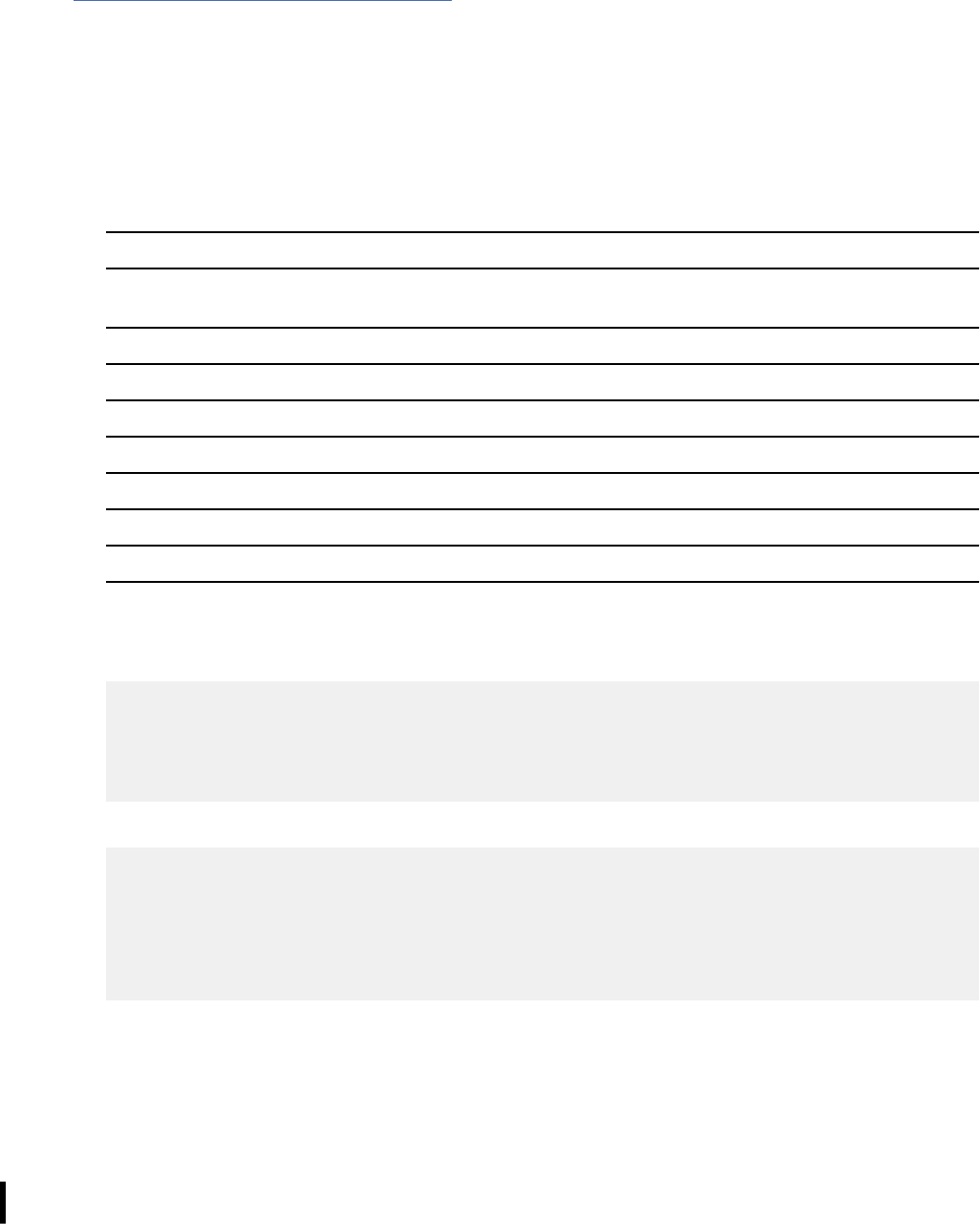
Use the CURRENT SPUFI DEFAULTS panel to specify SPUFI default values.
CURRENT SPUFI DEFAULTS - PANEL 2 panel
Use the CURRENT SPUFI DEFAULTS - PANEL 2 panel to specify default plan name information.
CURRENT SPUFI DEFAULTS panel
Use the CURRENT SPUFI DEFAULTS panel to specify SPUFI default values.
The following descriptions explain the information on the CURRENT SPUFI DEFAULTS panel.
1 SQL TERMINATOR
Specify the character that you use to end each SQL statement. You can specify any character except
the characters listed in the following table. A semicolon (;) is the default SQL terminator.
Table 156. Invalid special characters for the SQL terminator
Name Character
Hexadecimal
representation
blank X'40'
comma , X'5E'
double quote " X'7F'
left parenthesis ( X'4D'
right parenthesis ) X'5D'
single quote ' X'7D'
underscore _ X'6D'
Use a character other than a semicolon if you plan to execute a statement that contains embedded
semicolons. For example, suppose you choose the character # as the statement terminator. Then a
CREATE TRIGGER statement with embedded semicolons looks like the following statement:
CREATE TRIGGER NEW_HIRE
AFTER INSERT ON EMP
FOR EACH ROW MODE DB2SQL
BEGIN ATOMIC
UPDATE COMPANY_STATS SET NBEMP = NBEMP + 1;
END#
A CREATE PROCEDURE statement with embedded semicolons looks like the following statement:
CREATE PROCEDURE PROC1 (IN PARM1 INT, OUT SCODE INT)
LANGUAGE SQL
BEGIN
DECLARE SQLCODE INT;
DECLARE EXIT HANDLER FOR SQLEXCEPTION
SET SCODE = SQLCODE;
UPDATE TBL1 SET COL1 = PARM1;
END #
Be careful to choose a character for the SQL terminator that is not used within the statement.
You can also set or change the SQL terminator within a SPUFI input data set by using the --#SET
TERMINATOR statement.
2 ISOLATION LEVEL
Specify the isolation level for your SQL statements.
3 MAX SELECT LINES
The maximum number of rows that a SELECT statement can return. To limit the number of rows
retrieved, enter an integer greater than 0.
970
Db2 12 for z/OS: Application Programming and SQL Guide (Last updated: 2024-07-30)
4 ALLOW SQL WARNINGS
Enter YES or NO to indicate whether SPUFI will continue to process an SQL statement after receiving
SQL warnings:
YES
If a warning occurs when SPUFI executes an OPEN or FETCH for a SELECT statement, SPUFI
continues to process the SELECT statement.
NO
If a warning occurs when SPUFI executes an OPEN or FETCH for a SELECT statement, SPUFI stops
processing the SELECT statement. If SQLCODE +802 occurs when SPUFI executes a FETCH for a
SELECT statement, SPUFI continues to process the SELECT statement.
You can also specify how SPUFI pre-processes the SQL input by using the --#SET TOLWARN
statement.
5 CHANGE PLAN NAMES
If you enter YES in this eld, you can change plan names on a subsequent SPUFI defaults panel,
DSNESP07. Enter YES in this eld only if you are certain that you want to change the plan names that
are used by SPUFI. Consult with your Db2 system administrator if you are uncertain whether you want
to change the plan names. Using an invalid or incorrect plan name might cause SPUFI to experience
operational errors or it might cause data contamination.
6 SQL FORMAT
Specify how SPUFI pre-processes the SQL input before passing it to Db2. Select one of the following
options:
SQL
This is the preferred mode for SQL statements other than SQL procedural language. When you use
this option, which is the default, SPUFI collapses each line of an SQL statement into a single line
before passing the statement to Db2. SPUFI also discards all SQL comments.
SQLCOMNT
This mode is suitable for all SQL, but it is intended primarily for SQL procedural language
processing. When this option is in effect, behavior is similar to SQL mode, except that SPUFI does
not discard SQL comments. Instead, it automatically terminates each SQL comment with a line
feed character (hex 25), unless the comment is already terminated by one or more line formatting
characters. Use this option to process SQL procedural language with minimal modication by
SPUFI.
SQLPL
This mode is suitable for all SQL, but it is intended primarily for SQL procedural language
processing. When this option is in effect, SPUFI retains SQL comments and terminates each line of
an SQL statement with a line feed character (hex 25) before passing the statement to Db2. Lines
that end with a split token are not terminated with a line feed character. Use this mode to obtain
improved diagnostics and debugging of SQL procedural language.
You can also specify how SPUFI pre-processes the SQL input by using the --#SET SQLFORMAT
statement.
7 SPACE UNIT
Specify how space for the SPUFI output data set is to be allocated.
TRK
Track
CYL
Cylinder
8 PRIMARY SPACE
Specify how many tracks or cylinders of primary space are to be allocated.
9 SECONDARY SPACE
Specify how many tracks or cylinders of secondary space are to be allocated.
Chapter 11. Testing and debugging an application program on Db2 for z/OS
971

10 RECORD LENGTH
The record length must be at least 80 bytes. The maximum record length depends on the device type
you use. The default value allows a 32756-byte record.
Each record can hold a single line of output. If a line is longer than a record, the output is truncated,
and SPUFI discards elds that extend beyond the record length.
11 BLOCKSIZE
Follow the normal rules for selecting the block size. For record format F, the block size is equal to the
record length. For FB and FBA, choose a block size that is an even multiple of LRECL. For VB and VBA
only, the block size must be 4 bytes larger than the block size for FB or FBA.
12 RECORD FORMAT
Specify F, FB, FBA, V, VB, or VBA. FBA and VBA formats insert a printer control character after the
number of lines specied in the LINES/PAGE OF LISTING eld on the DB2I Defaults panel. The record
format default is VB (variable-length blocked).
13 DEVICE TYPE
Specify a standard z/OS name for direct-access storage device types. The default is SYSDA. SYSDA
species that z/OS is to select an appropriate direct access storage device.
14 MAX NUMERIC FIELD
The maximum width of a numeric value column in your output. Choose a value greater than 0. The
default is 33.
15 MAX CHAR FIELD
The maximum width of a character value column in your output. DATETIME and GRAPHIC data strings
are externally represented as characters, and SPUFI includes their defaults with the default values for
character elds. Choose a value greater than 0. The IBM-supplied default is 250.
16 COLUMN HEADING
You can specify NAMES, LABELS, ANY, or BOTH for column headings.
• NAMES uses column names only.
• LABELS (default) uses column labels. Leave the title blank if no label exists.
• ANY uses existing column labels or column names.
• BOTH creates two title lines, one with names and one with labels.
Column names are the column identiers that you can use in SQL statements. If an SQL statement has
an AS clause for a column, SPUFI displays the contents of the AS clause in the heading, rather than
the column name. You dene column labels with LABEL statements.
Related concepts
Output from SPUFI
SPUFI formats and displays the output data set using the ISPF Browse program.
Related tasks
Changing SPUFI defaults
Before you execute SQL statements in SPUFI, you can change the default execution behavior, such as the
SQL terminator and the isolation level.
Executing SQL by using SPUFI
You can execute SQL statements dynamically in a TSO session by using the SPUFI (SQL processor using
le input) facility.
CURRENT SPUFI DEFAULTS - PANEL 2 panel
Use the CURRENT SPUFI DEFAULTS - PANEL 2 panel to specify default plan name information.
This panel opens if you specify YES in the CHANGE PLAN NAMES eld of the CURRENT SPUFI DEFAULTS
panel.
Figure 72 on page 973 shows the initial default values.
972
Db2 12 for z/OS: Application Programming and SQL Guide (Last updated: 2024-07-30)

DSNESP07 CURRENT SPUFI DEFAULTS - PANEL 2 SSID: DSN
===>
Enter the following to control your SPUFI session:
1 CS ISOLATION PLAN ===> DSNESPCS (Name of plan for CS isolation level)
2 RR ISOLATION PLAN ===> DSNESPRR (Name of plan for RR isolation level)
3 UR ISOLATION PLAN ===> DSNESPUR (Name of plan for UR isolation level)
Indicate warning message status:
4 BLANK CCSID WARNING ===> YES (Show warning if terminal CCSID is blank)
PRESS: ENTER to process END to exit HELP for more information
Figure 72. CURRENT SPUFI DEFAULTS - PANEL 2
The following descriptions explain the information on the CURRENT SPUFI DEFAULTS - PANEL 2 panel.
1 CS ISOLATION PLAN
Specify the name of the plan that SPUFI uses when you specify an isolation level of cursor stability
(CS). By default, this name is DSNESPCS.
2 RR ISOLATION PLAN
Specify the name of the plan that SPUFI uses when you specify an isolation level of repeatable read
(RR). By default, this name is DSNESPRR.
3 UR ISOLATION PLAN
Specify the name of the plan that SPUFI uses when you specify an isolation level of uncommitted read
(UR). By default, this name is DSNESPUR.
4 BLANK CCSID ALERT
Indicate whether to receive message DSNE345I when the terminal CCSID setting is blank. A blank
terminal CCSID setting occurs when the terminal code page and character set cannot be queried or if
they are not supported by ISPF.
Recommendation: To avoid possible data contamination use the default setting of YES, unless you
are specically directed by your Db2 system administrator to use NO.
Setting the SQL terminator character in a SPUFI input data set
In the SPUFI input data set, you can override the SQL terminator character that is specied on the
CURRENT SPUFI DEFAULTS panel. The default SQL terminator is a semicolon (;).
About this task
Overriding the default SQL termination character is useful if you need to use a different SQL terminator
character for one particular SQL statement.
To set the SQL terminator character in a SPUFI input data set, specify the text --#SET TERMINATOR
character before that SQL statement to which you want this character to apply. This text species that
SPUFI is to interpret character as a statement terminator. You can specify any single-byte character
except the characters that are listed in Table 157 on page 974
. Choose a character for the SQL
terminator that is not used within the statement. The terminator that you specify overrides a terminator
that you specied in option 1 of the CURRENT SPUFI DEFAULTS panel or in a previous --#SET
TERMINATOR statement.
Chapter 11. Testing and debugging an application program on Db2 for z/OS
973
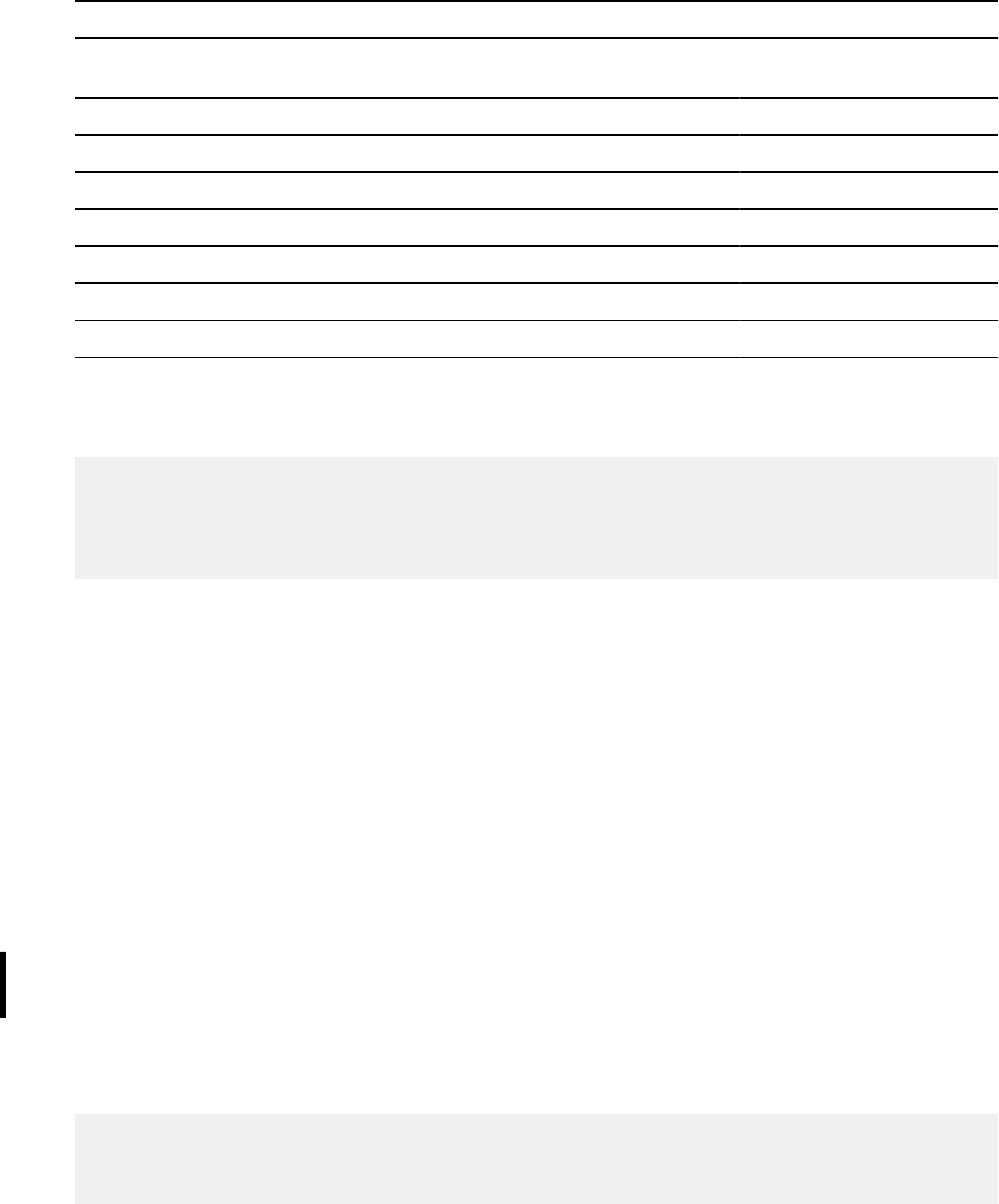
Table 157. Invalid special characters for the SQL terminator
Name Character
Hexadecimal
representation
blank X'40'
comma , X'5E'
double quote " X'7F'
left parenthesis ( X'4D'
right parenthesis ) X'5D'
single quote ' X'7D'
underscore _ X'6D'
Use a character other than a semicolon if you plan to execute a statement that contains embedded
semicolons. For example, suppose that you choose the character # as the statement terminator. In this
case, a CREATE TRIGGER statement with embedded semicolons looks like this:
CREATE TRIGGER NEW_HIRE
AFTER INSERT ON EMP
FOR EACH ROW MODE DB2SQL
BEGIN ATOMIC
UPDATE COMPANY_STATS SET NBEMP = NBEMP + 1;
END#
Controlling toleration of warnings in SPUFI
When you use SPUFI, you can specify the action that SPUFI is to take when a warning occurs.
About this task
To control the toleration of warnings, specify one of the following TOLWARN control statements:
--#SET TOLWARN NO
If a warning occurs when SPUFI executes an OPEN or FETCH for SELECT statement, SPUFI stops
processing the SELECT statement. If SQLCODE +802 occurs when SPUFI executes a FETCH for a
SELECT statement, SPUFI continues to process the SELECT statement.
--#SET TOLWARN YES
If a warning occurs when SPUFI executes an OPEN or FETCH for SELECT statement, SPUFI continues
to process the SELECT statement.
--#SET TOLWARN QUIET
The same as YES, except that SPUFI suppresses all SQL warning messages from OPEN or FETCH if the
SQLCODE is 0 or greater.
Example
The following example activates and then deactivates toleration of SQL warnings:
SELECT * FROM MY.T1;
--#SET TOLWARN YES
SELECT * FROM YOUR.T1;
--#SET TOLWARN NO
Output from SPUFI
SPUFI formats and displays the output data set using the ISPF Browse program.
An output data set contains the following items for each SQL statement that Db2 executes:
974
Db2 12 for z/OS: Application Programming and SQL Guide (Last updated: 2024-07-30)

• The executed SQL statement, copied from the input data set
• The results of executing the SQL statement.
• The SQLCODE, and if the execution is unsuccessful, the formatted SQLCA.
At the end of the data set are summary statistics that describe the processing of the input data set as a
whole.
For SELECT statements that are executed with SPUFI, the message "SQLCODE IS 100" indicates an
error-free result. If the message SQLCODE IS 100 is the only result, Db2 is unable to nd any rows that
satisfy the condition that is specied in the statement.
For all other types of SQL statements that are executed with SPUFI, the message "SQLCODE IS 0"
indicates an error-free result.
Example SPUFI output
For example, the sample program returns the following output.
BROWSE-- userid.RESULT COLUMNS 001 072
COMMAND INPUT ===> SCROLL ===> PAGE
--------+---------+---------+---------+---------+---------+---------+---------+
SELECT LASTNAME, FIRSTNME, PHONENO 00010000
FROM DSN8C10.EMP 00020000
WHERE WORKDEPT = 'D11' 00030000
ORDER BY LASTNAME; 00040000
---------+---------+---------+---------+---------+---------+---------+---------+
LASTNAME FIRSTNME PHONENO
ADAMSON BRUCE 4510
BROWN DAVID 4501
JOHN REBA 0672
JONES WILLIAM 0942
LUTZ JENNIFER 0672
PIANKA ELIZABETH 3782
SCOUTTEN MARILYN 1682
STERN IRVING 6423
WALKER JAMES 2986
YAMAMOTO KIYOSHI 2890
YOSHIMURA MASATOSHI 2890
DSNE610I NUMBER OF ROWS DISPLAYED IS 11
DSNE616I STATEMENT EXECUTION WAS SUCCESSFUL, SQLCODE IS 100
---------+---------+---------+---------+---------+---------+----
---------+---------+---------+---------+---------+---------+----
DSNE617I COMMIT PERFORMED, SQLCODE IS 0
DSNE616I STATEMENT EXECUTION WAS SUCCESSFUL, SQLCODE IS 0
---------+---------+---------+---------+---------+---------+----
DSNE601I SQL STATEMENTS ASSUMED TO BE BETWEEN COLUMNS 1 AND 72
DSNE620I NUMBER OF SQL STATEMENTS PROCESSED IS 1
DSNE621I NUMBER OF INPUT RECORDS READ IS 4
DSNE622I NUMBER OF OUTPUT RECORDS WRITTEN IS 30
Figure 73. Result data set from the sample problem
Formatting rules for SELECT statement results in SPUFI
The results of SELECT statements follow these rules:
• If numeric or character data of a column cannot be displayed completely:
– Character values and binary values that are too wide truncate on the right.
– Numeric values that are too wide display as asterisks (*).
– For columns other than LOB and XML columns, if truncation occurs, the output data set contains a
warning message. Because LOB and XML columns are generally longer than the value you choose
for eld MAX CHAR FIELD on panel CURRENT SPUFI DEFAULTS, SPUFI displays no warning message
when it truncates LOB or XML column output.
You can change the amount of data that is displayed for numeric and character columns by changing
values on the CURRENT SPUFI DEFAULTS panel, as described in “Changing SPUFI defaults” on page
968.
Chapter 11. Testing and debugging an application program on Db2 for z/OS
975

• A null value is displayed as a series of hyphens (-).
• A ROWID, BLOB, BINARY, or VARBINARY column value is displayed in hexadecimal.
• A CLOB column value is displayed in the same way as a VARCHAR column value.
• A DBCLOB column value is displayed in the same way as a VARGRAPHIC column value.
• An XML column is displayed in the same way as a LOB column.
• A heading identies each selected column, and is repeated at the top of each output page. The contents
of the heading depend on the value that you specied in the COLUMN HEADING eld of the CURRENT
SPUFI DEFAULTS panel.
Content of the messages from SPUFI
Messages in the SPUFI output contain the following information:
• The SQLCODE, and if the execution is unsuccessful, the formatted SQLCA. If multiple SQL conditions
occur, SPUFI returns the error SQLCODE rst, followed by any previous SQLCODE conditions that
occurred as the input SQL statement was executed. If the nal SQLCODE is an error, most prior
SQLCODE warnings can be ignored.
• What character positions of the input data set that SPUFI scanned to nd SQL statements. This
information helps you check the assumptions that SPUFI made about the location of line numbers
(if any) in your input data set.
• Some overall statistics:
– Number of SQL statements that are processed
– Number of input records that are read (from the input data set)
– Number of output records that are written (to the output data set).
Other messages that you could receive from the processing of SQL statements include:
• The number of rows that Db2 processed, that either:
– Your select operation retrieved
– Your update operation modied
– Your insert operation added to a table
– Your delete operation deleted from a table
• Which columns display truncated data because the data was too wide
Testing an external user-dened function
Some commonly used debugging tools, such as TSO TEST, are not available in the environment where
user-dened functions run. You need to use alternative testing strategies.
Testing a user-dened function by using z/OS Debugger
You can use z/OS Debugger to test Db2 for z/OS routines, including user-dened functions, that are
written in any of the supported languages. z/OS Debugger works with Language Environment.
About this task
You can use z/OS Debugger either interactively or in batch mode. To test your user-dened function
using z/OS Debugger, you must have z/OS Debugger installed on the z/OS system where the user-dened
function runs.
Procedure
To debug your routine with z/OS Debugger, use one of the following approaches:
• Use z/OS Debugger interactively by completing the following steps.
976
Db2 12 for z/OS: Application Programming and SQL Guide (Last updated: 2024-07-30)

a) Compile the routine with the TEST option. The TEST option places information in the program that
z/OS Debugger uses during a debugging session.
b) Invoke z/OS Debugger.
One way to do that is to specify the Language Environment run time option TEST. The TEST option
controls when and how z/OS Debugger is invoked. The most convenient place to specify run time
options is in the RUN OPTIONS clause of the CREATE FUNCTION or ALTER FUNCTION statement for
the user-dened function.
For example, you can code the TEST option using the following parameters:
TEST(ALL,*,PROMPT,TCPIP&ABC.EXAMPLE.COM%8001:*:)
For more information, see Syntax of the TEST runtime option
and Example: TEST runtime options.
For more information about interactive debugging from various interfaces, see the following topics:
– Remote debugging with an Eclipse IDE
– Debugging your programs in full-screen mode
• Use z/OS Debugger in batch mode by completing the following steps. z/OS Debugger must be installed
on the z/OS system where the user-dened function runs.
a) Compile the user-dened function with the TEST option if you plan to use the Language
Environment run time option TEST to invoke z/OS Debugger. The TEST option places information in
the program that z/OS Debugger uses during a debugging session.
b) Allocate a log data set to receive the output from z/OS Debugger. Put a DD statement for the log
data set in the start-up procedure for the stored procedures address space.
c) Enter commands in a data set that you want z/OS Debugger to execute. Put a DD statement for
that data set in the start-up procedure for the stored procedures address space. To dene the
commands data set to z/OS Debugger, specify the commands data set name or DD name in the
TEST run time option.
For example, to specify that z/OS Debugger uses the commands that are in the data set that is
associated with the DD name TESTDD, include the following parameter in the TEST option:
TEST(ALL,TESTDD,PROMPT,*)
The rst command in the commands data set should be:
SET LOG ON FILE ddname;
This command directs output from your debugging session to the log data set that you dened
in the previous step. For example, if you dened a log data set with DD name INSPLOG in the
stored procedures address space start-up procedure, the rst command should be the following
command:
SET LOG ON FILE INSPLOG;
d) Invoke z/OS Debugger by using one of the following methods:
– Specify the run time option TEST. The most convenient place to do that is in the RUN OPTIONS
parameter of the CREATE or ALTER statement for the stored procedure.
– Put CEETEST calls in the stored procedure source code. If you use this approach for an existing
stored procedure, you must recompile, re-link, and bind it, and issue the STOP PROCEDURE and
START PROCEDURE commands to reload the stored procedure.
You can combine the run time option TEST with CEETEST calls. For example, you might want to use
TEST to name the commands data set but use CEETEST calls to control when z/OS Debugger takes
control.
For more information, see Starting z/OS Debugger in batch mode
.
Related reference
CREATE FUNCTION statement (overview) (Db2 SQL)
Chapter 11. Testing and debugging an application program on Db2 for z/OS
977

IBM Debug for z/OS
Testing a user-dened function by routing the debugging messages to
SYSPRINT
You can include simple print statements in your user-dened function code that you route to SYSPRINT.
Then use System Display and Search Facility (SDSF) to examine the SYSPRINT contents while the WLM-
established stored procedure address space is running.
About this task
You can serialize I/O by running the WLM-established stored procedure address space with NUMTCB=1.
Testing a user-dened function by using driver applications
You can write a small driver application that calls a user-dened function as a subprogram and passes the
parameter list for the user-dened function. You can then test and debug the user-dened function as a
normal Db2 application under TSO.
About this task
You can then use TSO TEST and other commonly used debugging tools.
Testing a user-dened function by using SQL INSERT statements
You can use SQL to insert debugging information into a Db2 table. This allows other machines in the
network (such as workstations) to easily access the data in the table by using DRDA access.
About this task
Db2 discards the debugging information if the application executes the ROLLBACK statement. To prevent
the loss of the debugging data, code the calling application so that it retrieves the diagnostic data before
executing the ROLLBACK statement.
Debugging stored procedures
When debugging stored procedures, you might need to use different techniques than you would use for
regular application programs. For example, some commonly used debugging tools, such as TSO TEST, are
not available in the environment where stored procedures run.
Procedure
To debug a stored procedure, perform one or more of the following actions:
• Take one or more of the following general actions, which are appropriate in many situations with stored
procedures:
• Ensure that all stored procedures are written to handle any SQL errors.
• Debug stored procedures as stand-alone programs on a workstation.
If you have debugging tools on a workstation, consider doing most of your development and testing
on a workstation before installing a stored procedure on z/OS. This technique results in very little
debugging activity on z/OS.
• Record stored procedure debugging messages to a disk le or JES spool le.
• Store debugging information in a table. This technique is especially useful for remote stored
procedures.
• Use the DISPLAY command to view information about particular stored procedures, including
statistics and thread information.
978
Db2 12 for z/OS: Application Programming and SQL Guide (Last updated: 2024-07-30)
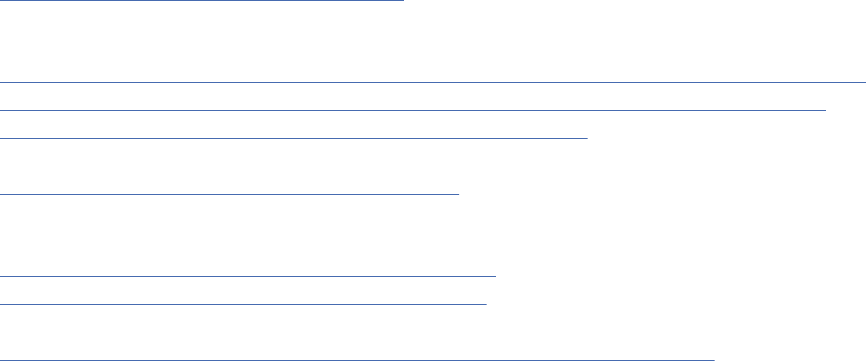
• In the stored procedure that you are debugging, issue DISPLAY commands. You can view the
DISPLAY results in the SDSF output. The DISPLAY results can help you nd information about the
started task that is associated with the address space for the WLM application environment.
• If necessary, use the STOP PROCEDURE command to stop calls to one or more problematic stored
procedures. You can restart them later.
• If your stored procedures address space has the CEEDUMP data set allocated, look at the diagnostic
information in the CEEDUMP output.
• For COBOL, C, and C++ stored procedures, use the Debug Tool for z/OS.
• For COBOL stored procedures, compile the stored procedure with the option TEST(SYM) if you want a
formatted local variable dump to be included in the CEEDUMP output.
• For native SQL procedures, external SQL procedures, and Java stored procedures, use the Unied
Debugger.
• For external stored procedures, consider taking one or both of the following actions:
• Use a driver application.
• Create or alter the stored procedure denition to include the PARAMETER STYLE SQL option. This
option enables the stored procedure to share any error information with the calling application.
Ensure that your procedure follows linkage conventions for stored procedures.
• If you changed a stored procedure or a startup JCL procedure for a WLM application environment,
determine whether you need to refresh the WLM environment. You must refresh the WLM environment
before certain stored procedure changes take effect.
Related tasks
Handling SQL conditions in an SQL procedure
In an SQL procedure, you can specify how the program should handle certain SQL errors and SQL
warnings.
Displaying information about stored procedures with Db2 commands (Db2 Administration Guide)
Refreshing WLM application environments for stored procedures (Db2 Administration Guide)
Implementing Db2 stored procedures (Db2 Administration Guide)
Related reference
Linkage conventions for external stored procedures
The linkage convention for a stored procedure can be either GENERAL, GENERAL WITH NULLS, or SQL.
These linkage conventions apply to only external stored procedures.
-START PROCEDURE command (Db2) (Db2 Commands)
-STOP PROCEDURE command (Db2) (Db2 Commands)
Related information
Db2 for z/OS Stored Procedures: Through the CALL and Beyond (IBM Redbooks)
Debugging stored procedures by using the Unied Debugger
You can use the Unied Debugger to remotely debug native SQL procedures, external SQL procedures,
and Java stored procedures that execute on Db2 for z/OS servers. The Unied Debugger also supports
debugging nested stored procedure calls.
About this task
With the Unied Debugger, you can observe the execution of the procedure code, set breakpoints for
lines, and view or modify variable values.
Procedure
To debug stored procedures by using the Unied Debugger:
1. Set up the Unied Debugger by performing the following steps:
Chapter 11. Testing and debugging an application program on Db2 for z/OS
979

a) Ensure that job DSNTIJRT successfully created the stored procedures that provide server support
for the Unied Debugger. This job is run during the installation and migration process. The stored
procedures that this job creates must run in WLM environments.
Recommendation: Initially, dene and use the Db2 core WLM environment DSNWLM_GENERAL
to run the SYSPROC.DBG_RUNSESSIONMANAGER stored procedure and core WLM environment
DSNWLM_DEBUGGER to run the other stored procedures for Unied Debugger.
b) Dene the debug mode characteristics for the stored procedure that you want to debug by
completing one of the following actions:
• For native SQL procedures, dene the procedures with the ALLOW DEBUG MODE option and the
WLM ENVIRONMENT FOR DEBUG MODE option. If the procedure already exists, you can use the
ALTER PROCEDURE statement to specify these options.
• For an external SQL procedure, use DSNTPSMP to build the SQL procedure with the
BUILD_DEBUG option.
• If you deploy the procedure with Db2 Developer Extension, specify Enable debugging in the
deployment options.
• For Java stored procedures, dene the procedures with the ALLOW DEBUG MODE option, select
an appropriate WLM environment for Java debugging, and compile the Java code with the -G
option.
c) Grant the DEBUGSESSION privilege to the user who runs the debug client.
2. Include breakpoints in your routines or executable les.
3. Follow the instructions for debugging stored procedures in the information for IBM Data Studio.
Related concepts
Java stored procedures and user-dened functions (Db2 Application Programming for Java)
Related tasks
Creating an external SQL procedure by using DSNTPSMP
The SQL procedure processor, DSNTPSMP, is one of several methods that you can use to create and
prepare an external SQL procedure. DSNTPSMP is a REXX stored procedure that you can invoke from your
application program.
Developing database routines (IBM Data Studio, IBM Optim Database Administrator, IBM infoSphere Data
Architect, IBM Optim Development Studio)
Installing the Unied Debugger session manager on a z/OS system (Db2 Installation and Migration)
Related reference
Sample programs to help you prepare and run external SQL procedures
Db2 provides sample jobs to help you prepare and run external SQL procedures. All samples are in data
set DSN1210.SDSNSAMP. Before you can run the samples, you must customize them for your installation.
ALTER PROCEDURE statement (SQL - native procedure) (Db2 SQL)
CREATE PROCEDURE statement (SQL - native procedure) (Db2 SQL)
Related information
Db2 for z/OS Stored Procedures: Through the CALL and Beyond (IBM Redbooks)
Debugging stored procedures with z/OS Debugger
You can use z/OS Debugger to test z/OS routines, including stored procedures, that are written in any of
the compiled languages that it supports. You can test these stored procedures either interactively or in
batch mode.
Procedure
To debug your routine with z/OS Debugger, use one of the following approaches:
• Use z/OS Debugger interactively by completing the following steps.
980
Db2 12 for z/OS: Application Programming and SQL Guide (Last updated: 2024-07-30)

a) Compile the routine with the TEST option. The TEST option places information in the program that
z/OS Debugger uses during a debugging session.
b) Invoke z/OS Debugger.
One way to do that is to specify the Language Environment run time option TEST. The TEST option
controls when and how z/OS Debugger is invoked. The most convenient place to specify run time
options is in the RUN OPTIONS parameter of the CREATE PROCUDURE or ALTER PROCEDURE
statement for the stored procedure. For more information, see Preparing a Db2 stored procedures
program.
For example, you can code the TEST option using the following parameters:
TEST(ALL,*,PROMPT,TCPIP&ABC.EXAMPLE.COM%8001:*:)
For more information, see Syntax of the TEST runtime option and Example: TEST runtime options.
For more information about interactive debugging from various interfaces, see the following topics:
– Remote debugging with an Eclipse IDE
– Debugging your programs in full-screen mode
• Use z/OS Debugger in batch mode by completing the following steps. z/OS Debugger must be installed
on the z/OS system where the stored procedure runs.
a) Compile the stored procedure with the TEST option if you plan to use the Language Environment
run time option TEST to invoke z/OS Debugger. The TEST option places information in the program
that z/OS Debugger uses during a debugging session.
b) Allocate a log data set to receive the output from z/OS Debugger. Put a DD statement for the log
data set in the start-up procedure for the stored procedures address space.
c) Enter commands in a data set that you want z/OS Debugger to execute. Put a DD statement for
that data set in the start-up procedure for the stored procedures address space. To dene the
commands data set to z/OS Debugger, specify the commands data set name or DD name in the
TEST run time option.
For example, to specify that z/OS Debugger uses the commands that are in the data set that is
associated with the DD name TESTDD, include the following parameter in the TEST option:
TEST(ALL,TESTDD,PROMPT,*)
The rst command in the commands data set should be:
SET LOG ON FILE ddname;
This command directs output from your debugging session to the log data set that you dened
in the previous step. For example, if you dened a log data set with DD name INSPLOG in the
stored procedures address space start-up procedure, the rst command should be the following
command:
SET LOG ON FILE INSPLOG;
d) Invoke z/OS Debugger by using one of the following methods:
– Specify the run time option TEST. The most convenient place to do that is in the RUN OPTIONS
parameter of the CREATE or ALTER statement for the stored procedure.
– Put CEETEST calls in the stored procedure source code. If you use this approach for an existing
stored procedure, you must recompile, re-link, and bind it, and issue the STOP PROCEDURE and
START PROCEDURE commands to reload the stored procedure.
You can combine the run time option TEST with CEETEST calls. For example, you might want to use
TEST to name the commands data set but use CEETEST calls to control when z/OS Debugger takes
control.
For more information, see Starting z/OS Debugger in batch mode
.
Chapter 11. Testing and debugging an application program on Db2 for z/OS
981

Related reference
IBM Debug for z/OS
Recording stored procedure debugging messages in a le
You can debug external stored procedures and external SQL procedures by recording debugging
messages in a disk le or in a JES spool le. You cannot use this debugging technique for native SQL
procedures or Java stored procedures.
Procedure
To record stored procedure debugging messages in a le:
1. Specify the Language Environment (LE) MSGFILE run time option for the stored procedure. This option
identies where LE is to write the debugging messages. To specify this option, include the RUN
OPTIONS clause in either the CREATE PROCEDURE statement or an ALTER PROCEDURE statement.
Specify the following MSGFILE parameters:
• Use the rst MSGFILE parameter to specify the JCL DD statement that identies the data set for the
debugging messages. You can direct debugging messages to a disk le or JES spool le. To prevent
multiple procedures from sharing a data set, ensure that you specify a unique DD statement.
• Use the ENQ option to serialize I/O to the message le. This action is necessary, because multiple
TCBs can be active in the stored procedure address space. Alternatively, if you debug your
applications infrequently or on a Db2 test system, you can serialize I/O by temporarily running the
stored procedures address space with NUMTCB=1 in the stored procedures address space start-up
procedure.
2. For each instance of MSGFILE that you specify, add a DD statement to the JCL procedure that is used
to start the stored procedures address space.
Related reference
ALTER PROCEDURE statement (external procedure) (Db2 SQL)
ALTER PROCEDURE statement (SQL - external procedure) (deprecated) (Db2 SQL)
CREATE PROCEDURE statement (external procedure) (Db2 SQL)
CREATE PROCEDURE statement (SQL - external procedure) (deprecated) (Db2 SQL)
GRANT statement (system privileges) (Db2 SQL)
Using Language Environment MSGFILE (z/OS Language Environment Programming Guide)
Driver applications for debugging procedures
You can write a small driver application that calls the stored procedure as a subprogram and passes the
parameter list that the stored procedure supports. You can then test and debug the stored procedure as a
normal Db2 application under TSO.
Using this method, you can use TSO TEST and other commonly used debugging tools.
Restriction: You cannot use this technique for SQL procedures
Db2 tables that contain debugging information
You can use SQL statements to insert debugging information into a Db2 table. Inserting this information
into a table enables other machines in the network (such as a workstation) to easily access the data in the
table by using DRDA access.
Db2 discards the debugging information if the application executes the ROLLBACK statement. To prevent
the loss of the debugging data, code the calling application so that it retrieves the diagnostic data before
executing the ROLLBACK statement.
982
Db2 12 for z/OS: Application Programming and SQL Guide (Last updated: 2024-07-30)

Debugging an application program
Many sites have guidelines regarding what to do if a program abnormally terminates.
About this task
For information about the compiler or assembler test facilities, see the publications for the compiler
or CODE/370. The compiler publications include information about the appropriate debugger for the
language you are using.
You can also use ISPF Dialog Test to debug your program. You can run all or portions of your application,
examine the results, make changes, and rerun it.
Related reference
Dialog test (option 7) (z/OS ISPF User's Guide Vol II)
Locating the problem in an application
If your program does not run correctly, you need to isolate the problem. You should check several items.
About this task
Those items are:
• Output from the precompiler, which consists of errors and warnings. Ensure that you have resolved all
errors and warnings.
• Output from the compiler or assembler. Ensure that you have resolved all error messages.
• Output from the linkage editor.
– Have you resolved all external references?
– Have you included all necessary modules in the correct order?
– Did you include the correct language interface module? The correct language interface module is:
- DSNELI or DSNULI for TSO
- DFSLI000 for IMS
- DSNCLI or DSNULI for CICS
- DSNALI or DSNULI for the call attachment facility
- DSNRLI or DSNULI for the Resource Recovery Services attachment facility
– Did you specify the correct entry point to your program?
• Output from the bind process.
– Have you resolved all error messages?
– Did you specify a plan name? If not, the bind process assumes that you want to process the DBRM for
diagnostic purposes, but that you do not want to produce an application plan.
– Have you specied all the packages that are associated with the programs that make up the
application and their partitioned data set (PDS) names in a single application plan?
• Your JCL.
IMS
– If you are using IMS, have you included the DL/I option statement in the correct format?
– Have you included the region size parameter in the EXEC statement? Does it specify a region size that
is large enough for the required storage for the Db2 interface, the TSO, IMS, or CICS system, and your
program?
– Have you included the names of all data sets (Db2 and non-Db2) that the program requires?
• Your program.
Chapter 11. Testing and debugging an application program on Db2 for z/OS
983

You can also use dumps to help localize problems in your program. For example, one of the more
common error situations occurs when your program is running and you receive a message that it
abended. In this situation, your test procedure might be to capture a TSO dump. To do so, you must
allocate a SYSUDUMP or SYSABEND dump data set before calling Db2. When you press the ENTER key
(after the error message and READY message), the system requests a dump. You then need to use the
FREE command to deallocate the dump data set.
Error and warning messages from the precompiler
In some circumstances, the statements that the Db2 precompiler generates might produce compiler or
assembly error messages. You need to know why the messages occur when you compile Db2-produced
source statements.
SYSTERM output from the precompiler
The SYSTERM output provides a brief summary of the results from the precompiler, all error messages
that the precompiler generated, and the statement that is in error, when possible.
The Db2 precompiler provides SYSTERM output when you allocate the DD name SYSTERM. If you use the
program preparation panels to prepare and run your program, DB2I allocates SYSTERM according to the
TERM option that you specify.
You can use the line number that is provided in each error message in the SYSTERM output to locate the
failing source statement.
Figure 74 on page 984 shows the format of SYSTERM output.
DB2 SQL PRECOMPILER MESSAGES
DSNH104I E DSNHPARS LINE 32 COL 26 ILLEGAL SYMBOL "X" VALID SYMBOLS ARE:, FROM
1
SELECT VALUE INTO HIPPO X;
2
DB2 SQL PRECOMPILER STATISTICS
SOURCE STATISTICS
3
SOURCE LINES READ: 36
NUMBER OF SYMBOLS: 15
SYMBOL TABLE BYTES EXCLUDING ATTRIBUTES: 1848
THERE WERE 1 MESSAGES FOR THIS PROGRAM.
4
THERE WERE 0 MESSAGES SUPPRESSED BY THE FLAG OPTION.
5
111664 BYTES OF STORAGE WERE USED BY THE PRECOMPILER.
6
RETURN CODE IS 8
7
Figure 74. Db2 precompiler SYSTERM output
Notes:
1. Error message.
2. Source SQL statement.
3. Summary statements of source statistics.
4. Summary statement of the number of errors that were detected.
5. Summary statement that indicates the number of errors that were detected but not printed. This
situation might occur if you specify a FLAG option other than I.
6. Storage requirement statement that indicates how many bytes of working storage that the Db2
precompiler actually used to process your source statements. That value helps you determine the
storage allocation requirements for your program.
7. Return code: 0 = success, 4 = warning, 8 = error, 12 = severe error, and 16 = unrecoverable error.
984
Db2 12 for z/OS: Application Programming and SQL Guide (Last updated: 2024-07-30)

SYSPRINT output from the precompiler
SYSPRINT output from the Db2 precompiler shows the results of the precompile operation. This output
can also include a list of the options that were used, a source code listing, and a host variable cross-
reference listing.
When you use the program preparation panels to prepare and run your program, Db2 allocates SYSPRINT
according to TERM option that you specify (on line 12 of the PROGRAM PREPARATION: COMPILE,
PRELINK, LINK, AND RUN panel). As an alternative, when you use the DSNH command procedure
(CLIST), you can specify PRINT(TERM) to obtain SYSPRINT output at your terminal, or you can specify
PRINT(qualier) to place the SYSPRINT output into a data set named authorizationID.qualier.PCLIST.
Assuming that you do not specify PRINT as LEAVE, NONE, or TERM, Db2 issues a message when the
precompiler nishes, telling you where to nd your precompiler listings. This helps you locate your
diagnostics quickly and easily.
The SYSPRINT output can provide information about your precompiled source module if you specify the
options SOURCE and XREF when you start the Db2 precompiler.
The format of SYSPRINT output is as follows:
• A list of the Db2 precompiler options that are in effect during the precompilation (if you did not specify
NOOPTIONS).
• A list of your source statements (only if you specied the SOURCE option). An example is shown in
Figure 75 on page 986.
• A list of the symbolic names used in SQL statements (this listing appears only if you specify the XREF
option). An example is show in Figure 76 on page 986.
• A summary of the errors that are detected by the Db2 precompiler and a list of the error messages that
are generated by the precompiler. An example is shown in
The following code shows an example list of Db2 precompiler options as it is displayed in the SYSPRINT
output.
DB2 SQL PRECOMPILER VERSION 11 REL. 1.0
OPTIONS SPECIFIED: HOST(PLI),SOURCE,XREF,STDSQL(NO),TWOPASS
DSNHDECP LOADED FROM - (USER99.RELM.TESTLIB(DSNHDECP))
OPTIONS USED - SPECIFIED OR DEFAULTED
APOST
APOSTSQL
ATTACH(TSO)
CCSID(37)
CONNECT(2)
DEC(15)
FLAG(I)
FLOAT(S390)
HOST(PLI)
LINECOUNT(60)
MARGINS(2,72)
NEWFUN(V11)
OPTIONS
PERIOD
SOURCE
SQL(DB2)
STDSQL(NO)
TWOPASS
XREF
Notes:
1. This section lists the options that are specied at precompilation time. This list does not appear if one
of the precompiler option is NOOPTIONS.
2. This section lists the options that are in effect, including defaults, forced values, and options that you
specied. The Db2 precompiler overrides or ignores any options that you specify that are inappropriate
for the host language.
The following gure shows an example list of source statements as it is displayed in the SYSPRINT output.
Chapter 11. Testing and debugging an application program on Db2 for z/OS
985

DB2 SQL PRECOMPILER TMN5P40:PROCEDURE OPTIONS (MAIN): PAGE 2
1 TMN5P40:PROCEDURE OPTIONS(MAIN) ; 00000100
2 /*******************************************************00000200
3 * program description and prologue 00000300
⋮
1324 /*************************************************/ 00132400
1325 /* GET INFORMATION ABOUT THE PROJECT FROM THE */ 00132500
1326 /* PROJECT TABLE. */ 00132600
1327 /*************************************************/ 00132700
1328 EXEC SQL SELECT ACTNO, PREQPROJ, PREQACT 00132800
1329 INTO PROJ_DATA 00132900
1330 FROM TPREREQ 00133000
1331 WHERE PROJNO = :PROJ_NO; 00133100
1332 00133200
1333 /*************************************************/ 00133300
1334 /* PROJECT IS FINISHED. DELETE IT. */ 00133400
1335 /*************************************************/ 00133500
1336 00133600
1337 EXEC SQL DELETE FROM PROJ 00133700
1338 WHERE PROJNO = :PROJ_NO; 00133800
⋮
1523 END; 00152300
Figure 75. Db2 precompiler SYSPRINT output: Source statements section
Notes:
• The left column of sequence numbers, which the Db2 precompiler generates, is for use with the symbol
cross-reference listing, the precompiler error messages, and the BIND error messages.
• The right column shows sequence numbers that come from the sequence numbers that are supplied
with your source statements.
The following gure shows an example list of symbolic names as it is displayed in the SYSPRINT output.
DB2 SQL PRECOMPILER SYMBOL CROSS-REFERENCE LISTING PAGE 29
DATA NAMES DEFN REFERENCE
"ACTNO" **** FIELD
1328
"PREQACT" **** FIELD
1328
"PREQPROJ" **** FIELD
1328
"PROJNO" **** FIELD
1331 1338
...
PROJ_DATA 495 CHARACTER(35)
1329
PROJ_NO 496 CHARACTER(3)
1331 1338
"TPREREQ" **** TABLE
1330 1337
Figure 76. Db2 precompiler SYSPRINT output: Symbol cross-reference section
Notes:
DATA NAMES
Identies the symbolic names that are used in source statements. Names enclosed in double
quotation marks (") or apostrophes (') are names of SQL entities such as tables, columns, and
authorization IDs. Other names are host variables.
DEFN
Is the number of the line that the precompiler generates to dene the name. **** means that the
object was not dened, or the precompiler did not recognize the declarations.
986
Db2 12 for z/OS: Application Programming and SQL Guide (Last updated: 2024-07-30)

REFERENCE
Contains two kinds of information: the symbolic name, which the source program denes, and which
lines refer to the symbolic name. If the symbolic name refers to a valid host variable, the list also
identies the data type or the word STRUCTURE.
The following code shows an example summary report of errors as it is displayed in the SYSPRINT output.
DB2 SQL PRECOMPILER STATISTICS
SOURCE STATISTICS
SOURCE LINES READ: 1523
1
NUMBER OF SYMBOLS: 128
2
SYMBOL TABLE BYTES EXCLUDING ATTRIBUTES: 6432
3
THERE WERE 1 MESSAGES FOR THIS PROGRAM.
4
THERE WERE 0 MESSAGES SUPPRESSED.
5
65536 BYTES OF STORAGE WERE USED BY THE PRECOMPILER.
6
RETURN CODE IS 8.
7
DSNH104I E LINE 590 COL 64 ILLEGAL SYMBOL: 'X'; VALID SYMBOLS ARE:,FROM
8
Notes:
1. Summary statement that indicates the number of source lines.
2. Summary statement that indicates the number of symbolic names in the symbol table (SQL names and
host names).
3. Storage requirement statement that indicates the number of bytes for the symbol table.
4. Summary statement that indicates the number of messages that are printed.
5. Summary statement that indicates the number of errors that are detected but not printed. You might
get this statement if you specify the option FLAG.
6. Storage requirement statement that indicates the number of bytes of working storage that are actually
used by the Db2 precompiler to process your source statements.
7. Return code 0 = success, 4 = warning, 8 = error, 12 = severe error, and 16 = unrecoverable error.
8. Error messages (this example detects only one error).
Techniques for debugging programs in TSO
Documenting the errors that are identied during testing of a TSO application helps you investigate and
correct problems in the program.
The following information can be useful:
• The application plan name of the program
• The input data that is being processed
• The failing SQL statement and its function
• The contents of the SQLCA (SQL communication area) and, if your program accepts dynamic SQL
statements, the SQLDA (SQL descriptor area)
• The date and time of day
• The abend code and any error messages
When your program encounters an error that does not result in an abend, it can pass all the required
error information to a standard error routine. Online programs might also send an error message to the
terminal.
The TSO TEST command
The TSO TEST command is especially useful for debugging assembler programs.
Chapter 11. Testing and debugging an application program on Db2 for z/OS
987

The following example is a command procedure (CLIST) that runs a Db2 application named MYPROG
under TSO TEST, and sets an address stop at the entry to the program. The Db2 subsystem name in this
example is DB4.
PROC 0
TEST 'prefix.SDSNLOAD(DSN)' CP
DSN SYSTEM(DB4)
AT MYPROG.MYPROG.+0 DEFER
GO
RUN PROGRAM(MYPROG) LIBRARY('L186331.RUNLIB.LOAD(MYPROG)')
Related reference
TEST command (TSO/E Command Reference)
Techniques for debugging programs in IMS
Documenting the errors that are identied during testing of an IMS application helps you investigate and
correct problems in the program.
The following information can be useful:
• The application plan name for the program
• The input message that is being processed
• The name of the originating logical terminal
• The failing statement and its function
• The contents of the SQLCA (SQL communication area) and, if your program accepts dynamic SQL
statements, the SQLDA (SQL descriptor area)
• The date and time of day
• The PSB name for the program
• The transaction code that the program was processing
• The call function (that is, the name of a DL/I function)
• The contents of the PCB that the program call refers to
• If a DL/I database call was running, the SSAs, if any, that the call used
• The abend completion code, abend reason code, and any dump error messages
When your program encounters an error, it can pass all the required error information to a standard error
routine. Online programs can also send an error message to the originating logical terminal.
An interactive program also can send a message to the master terminal operator (MTO) operator giving
information about the termination of the program. To do that, the program places the logical terminal
name of the master terminal in an express PCB and issues one or more ISRT calls.
Some organizations run a BMP at the end of the day to list all the errors that occurred during the day. If
your organization does this, you can send a message by using an express PCB that has its destination set
for that BMP.
Batch Terminal Simulator: The Batch Terminal Simulator (BTS) enables you to test IMS application
programs. BTS traces application program DL/I calls and SQL statements, and it simulates data
communication functions. It can make a TSO terminal appear as an IMS terminal to the terminal operator,
which enables the user to interact with the application as though it were an online application. The user
can use any application program that is under the user's control to access any database (whether DL/I or
Db2) that is under the user's control. Access to Db2 databases requires BTS to operate in batch BMP or
TSO BMP mode.
988
Db2 12 for z/OS: Application Programming and SQL Guide (Last updated: 2024-07-30)
Techniques for debugging programs in CICS
Documenting the errors that are identied during testing of a CICS application helps you investigate and
correct problems in the program.
The following information can be useful:
• The application plan name of the program
• The input data that is being processed
• The ID of the originating logical terminal
• The failing SQL statement and its function
• The contents of the SQLCA (SQL communication area) and, if your program accepts dynamic SQL
statements, the SQLDA (SQL descriptor area)
• The date and time of day
• Data that is peculiar to CICS that you should record
• Abend code and dump error messages
• Transaction dump, if produced
Using CICS facilities, you can have a printed error record; you can also print the SQLCA and SQLDA
contents.
Debugging aids for CICS
CICS provides the following aids to the testing, monitoring, and debugging of application programs:
• Execution (Command Level) Diagnostic Facility (EDF). EDF shows CICS commands for all releases of
CICS.
• Abend recovery. You can use the HANDLE ABEND command to deal with abend conditions. You can use
the ABEND command to cause a task to abend.
• Trace facility. A trace table can contain entries showing the execution of various CICS commands, SQL
statements, and entries that are generated by application programs; you can have these entries written
to main storage and, optionally, to an auxiliary storage device.
• Dump facility. You can specify areas of main storage to dump onto a sequential data set, either tape or
disk, for subsequent offline formatting and printing with a CICS utility program.
• Journals. For statistical or monitoring purposes, facilities can create entries in special data sets called
journals. The system log is a journal.
• Recovery. When an abend occurs, CICS restores certain resources to their original state so that the
operator can easily resubmit a transaction for restart. You can use the SYNCPOINT command to
subdivide a program so that you only need to resubmit the uncompleted part of a transaction.
CICS execution diagnostic facility
The CICS execution diagnostic facility (EDF) traces SQL statements in an interactive debugging mode,
enabling application programmers to test and debug programs online without changing the program or
the program preparation procedure.
EDF intercepts the running application program at various points and displays helpful information about
the statement type, input and output variables, and any error conditions after the statement executes.
It also displays any screens that the application program sends, so that you can converse with the
application program during testing just as a user would on a production system.
EDF displays essential information before and after an SQL statement runs, while the task is in EDF mode.
This can be a signicant aid in debugging CICS transaction programs that contains SQL statements. The
SQL information that EDF displays is helpful for debugging programs and for error analysis after an SQL
error or warning. Using this facility reduces the amount of work that you need to do to write special error
handlers.
Chapter 11. Testing and debugging an application program on Db2 for z/OS
989

EDF before execution
The following gure shows an example of an EDF screen before it executes an SQL statement. The names
of the key information elds on this panel are in boldface.
TRANSACTION: XC05 PROGRAM: TESTC05 TASK NUMBER: 0000668 DISPLAY: 00
STATUS: ABOUT TO EXECUTE COMMAND
CALL TO RESOURCE MANAGER DSNCSQL
EXEC SQL INSERT
DBRM=TESTC05, STMT=00368, SECT=00004
IVAR 001: TYPE=CHAR, LEN=00007, IND=000 AT X'03C92810'
DATA=X'F0F0F9F4F3F4F2'
IVAR 002: TYPE=CHAR, LEN=00007, IND=000 AT X'03C92817'
DATA=X'F0F1F3F3F7F5F1'
IVAR 003: TYPE=CHAR, LEN=00004, IND=000 AT X'03C9281E'
DATA=X'E7C3F0F5'
IVAR 004: TYPE=CHAR, LEN=00040, IND=000 AT X'03C92822'
DATA=X'E3C5E2E3C3F0F540E2C9D4D7D3C540C4C2F240C9D5E2C5D9E3404040'...
IVAR 005: TYPE=SMALLINT, LEN=00002, IND=000 AT X'03C9284A'
DATA=X'0001'
OFFSET:X'001ECE' LINE:UNKNOWN EIBFN=X'1002'
ENTER: CONTINUE
PF1 : UNDEFINED PF2 : UNDEFINED PF3 : UNDEFINED
PF4 : SUPPRESS DISPLAYS PF5 : WORKING STORAGE PF6 : USER DISPLAY
PF7 : SCROLL BACK PF8 : SCROLL FORWARD PF9 : STOP CONDITIONS
PF10: PREVIOUS DISPLAY PF11: UNDEFINED PF12: ABEND USER TASK
Figure 77. EDF screen before a Db2 SQL statement
The Db2 SQL information in this screen is as follows:
• EXEC SQL statement type
This is the type of SQL statement to execute. The SQL statement can be any valid SQL statement.
• DBRM=dbrm name
The name of the database request module (DBRM) that is currently processing. The DBRM, created by
the Db2 precompiler, contains information about an SQL statement.
• STMT=statement number
This is the Db2 precompiler-generated statement number. The source and error message listings from
the precompiler use this statement number, and you can use the statement number to determine which
statement is processing. This number is a source line counter that includes host language statements. A
statement number that is greater than 32�767 displays as 0.
• SECT=section number
The section number of the plan that the SQL statement uses.
SQL statements that contain input host variables
The IVAR (input host variables) section and its attendant elds appear only when the executing statement
contains input host variables.
The host variables section includes the variables from predicates, the values used for inserting or
updating, and the text of dynamic SQL statements that are being prepared. The address of the input
variable is AT X'nnnnnnnn'.
Additional host variable information:
• TYPE=data type
Species the data type for this host variable. The basic data types include character string, graphic
string, binary integer, floating-point, decimal, date, time, and timestamp.
• LEN=length
990
Db2 12 for z/OS: Application Programming and SQL Guide (Last updated: 2024-07-30)

Species the length of the host variable.
• IND=indicator variable status number
Species the indicator variable that is associated with this particular host variable. A value of zero
indicates that no indicator variable exists. If the value for the selected column is null, Db2 puts a
negative value in the indicator variable for this host variable.
• DATA=host variable data
Species the data, displayed in hexadecimal format, that is associated with this host variable. If the
data exceeds what can display on a single line, three periods (...) appear at the far right to indicate that
more data is present.
EDF after execution
The following gure shows an example of the rst EDF screen that is displayed after the executing an SQL
statement. The names of the key information elds on this panel are in boldface.
TRANSACTION: XC05 PROGRAM: TESTC05 TASK NUMBER: 0000698 DISPLAY: 00
STATUS: COMMAND EXECUTION COMPLETE
CALL TO RESOURCE MANAGER DSNCSQL
EXEC SQL FETCH P.AUTH=SYSADM , S.AUTH=
PLAN=TESTC05, DBRM=TESTC05, STMT=00346, SECT=00001
SQL COMMUNICATION AREA:
SQLCABC = 136 AT X'03C92789'
SQLCODE = 000 AT X'03C9278D'
SQLERRML = 000 AT X'03C92791'
SQLERRMC = '' AT X'03C92793'
SQLERRP = 'DSN' AT X'03C927D9'
SQLERRD(1-6) = 000, 000, 00000, -1, 00000, 000 AT X'03C927E1'
SQLWARN(0-A) = '_ _ _ _ _ _ _ _ _ _ _' AT X'03C927F9'
SQLSTATE = 00000 AT X'03C92804'
+ OVAR 001: TYPE=INTEGER, LEN=00004, IND=000 AT X'03C920A0'
DATA=X'00000001'
OFFSET:X'001D14' LINE:UNKNOWN EIBFN=X'1802'
ENTER: CONTINUE
PF1 : UNDEFINED PF2 : UNDEFINED PF3 : END EDF SESSION
PF4 : SUPPRESS DISPLAYS PF5 : WORKING STORAGE PF6 : USER DISPLAY
PF7 : SCROLL BACK PF8 : SCROLL FORWARD PF9 : STOP CONDITIONS
PF10: PREVIOUS DISPLAY PF11: UNDEFINED PF12: ABEND USER TASK
Figure 78. EDF screen after a Db2 SQL statement
The Db2 SQL information in this screen is as follows:
• P.AUTH=primary authorization ID
The primary Db2 authorization ID.
• S.AUTH=secondary authorization ID
The secondary authorization ID. If the RACF list of group options is not active, Db2 uses the connected
group name that the CICS attachment facility supplies as the secondary authorization ID. If the RACF
list of group options is active, Db2 ignores the connected group name that the CICS attachment facility
supplies, but the value is displayed in the Db2 list of secondary authorization IDs.
• PLAN=plan name
The name of the plan that is currently running. The PLAN represents the control structure that is
produced during the bind process and that is used by Db2 to process SQL statements that are
encountered while the application is running.
• SQL Communication Area (SQLCA)
Information in the SQLCA. The SQLCA contains information about errors, if any occur. Db2 uses the
SQLCA to give an application program information about the executing SQL statements.
Plus signs (+) on the left of the screen indicate that you can see additional EDF output by using PF keys to
scroll the screen forward or back.
Chapter 11. Testing and debugging an application program on Db2 for z/OS
991

The OVAR (output host variables) section and its attendant elds are displayed only when the executing
statement returns output host variables.
The following gure contains the rest of the EDF output for this example.
TRANSACTION: XC05 PROGRAM: TESTC05 TASK NUMBER: 0000698 DISPLAY: 00
STATUS: COMMAND EXECUTION COMPLETE
CALL TO RESOURCE MANAGER DSNCSQL
+ OVAR 002: TYPE=CHAR, LEN=00008, IND=000 AT X'03C920B0'
DATA=X'C8F3E3E3C1C2D3C5'
OVAR 003: TYPE=CHAR, LEN=00040, IND=000 AT X'03C920B8'
DATA=X'C9D5C9E3C9C1D340D3D6C1C440404040404040404040404040404040'...
OFFSET:X'001D14' LINE:UNKNOWN EIBFN=X'1802'
ENTER: CONTINUE
PF1 : UNDEFINED PF2 : UNDEFINED PF3 : END EDF SESSION
PF4 : SUPPRESS DISPLAYS PF5 : WORKING STORAGE PF6 : USER DISPLAY
PF7 : SCROLL BACK PF8 : SCROLL FORWARD PF9 : STOP CONDITIONS
PF10: PREVIOUS DISPLAY PF11: UNDEFINED PF12: ABEND USER TASK
Figure 79. EDF screen after a Db2 SQL statement, continued
The attachment facility automatically displays SQL information while in the EDF mode. (You can start EDF
as outlined in the appropriate CICS application programmer's reference manual.) If this information is not
displayed, contact the person that is responsible for installing and migrating Db2.
Related concepts
Data types of columns
When you create a Db2 table, you dene each column to have a specic data type. The data type of a
column determines what you can and cannot do with the column.
Indicator variables, arrays, and structures
An indicator variable is associated with a particular host variable. Each indicator variable contains a small
integer value that indicates some information about the associated host variable. Indicator arrays and
structures serve the same purpose for host-variable arrays and structures.
Related information
CICS debugging aids (CICS Transaction Server for z/OS)
Finding a violated referential or check constraint
When you receive an SQL error because of a constraint violation, look at the SQLCA for specic
information.
About this task
Question: When a referential or check constraint has been violated, how do I determine which one it is?
Answer: When you receive an SQL error because of a constraint violation, print out the SQLCA. You
can use the DSNTIAR routine to format the SQLCA for you. Check the SQL error message insertion text
(SQLERRM) for the name of the constraint. For information about possible violations, see SQLCODEs -530
through -548.
Related concepts
Error (−) SQL codes (Db2 Codes)
Related tasks
Displaying SQLCA elds by calling DSNTIAR
992
Db2 12 for z/OS: Application Programming and SQL Guide (Last updated: 2024-07-30)
If you use the SQLCA to check whether an SQL statement executed successfully, your program needs to
read the data in the appropriate SQLCA elds. One easy way to read these elds is to use the assembler
subroutine DSNTIAR.
Chapter 11. Testing and debugging an application program on Db2 for z/OS993
994Db2 12 for z/OS: Application Programming and SQL Guide (Last updated: 2024-07-30)

Chapter 12. Sample data and applications supplied
with Db2 for z/OS
You can use sample applications that are included with Db2 for z/OS to learn about how to program
applications that take advantage Db2 capabilities. Db2 also provides models for your own situations.
To prepare and run the supplied sample applications, use the JCL in prex.SDSNSAMP as a model:
Related reference
Db2 sample tables (Introduction to Db2 for z/OS)
Db2 sample tables
Much of the Db2 information refers to or relies on the Db2 sample tables. As a group, the tables include
information that describes employees, departments, projects, and activities, and they make up a sample
application that exemplies many of the features of Db2.
GUPI
The sample storage group, databases, table spaces, tables, and views are created when you run the
installation sample jobs DSNTEJ1 and DSNTEJ7. Db2 sample objects that include LOBs are created in job
DSNTEJ7. All other sample objects are created in job DSNTEJ1. The CREATE INDEX statements for the
sample tables are not shown here; they, too, are created by the DSNTEJ1 and DSNTEJ7 sample jobs.
Authorization on all sample objects is given to PUBLIC in order to make the sample programs easier to
run. You can review the contents of any table by executing an SQL statement, for example SELECT * FROM
DSN8C10.PROJ. For convenience in interpreting the examples, the department and employee tables are
listed in full.
GUPI
Related concepts
Phase 1: Creating and loading sample tables (Db2 Installation and Migration)
Activity table (DSN8C10.ACT)
The activity table describes the activities that can be performed during a project.
GUPI
The activity table resides in database DSN8D12A and is created with the following statement:
CREATE TABLE DSN8C10.ACT
(ACTNO SMALLINT NOT NULL,
ACTKWD CHAR(6) NOT NULL,
ACTDESC VARCHAR(20) NOT NULL,
PRIMARY KEY (ACTNO) )
IN DSN8D12A.DSN8S12P
CCSID EBCDIC;
GUPI
Content of the activity table
The following table shows the content of the columns in the activity table.
Table 158. Columns of the activity table
Column Column name Description
1 ACTNO Activity ID (the primary key)
©
Copyright IBM Corp. 1983, 2022 995
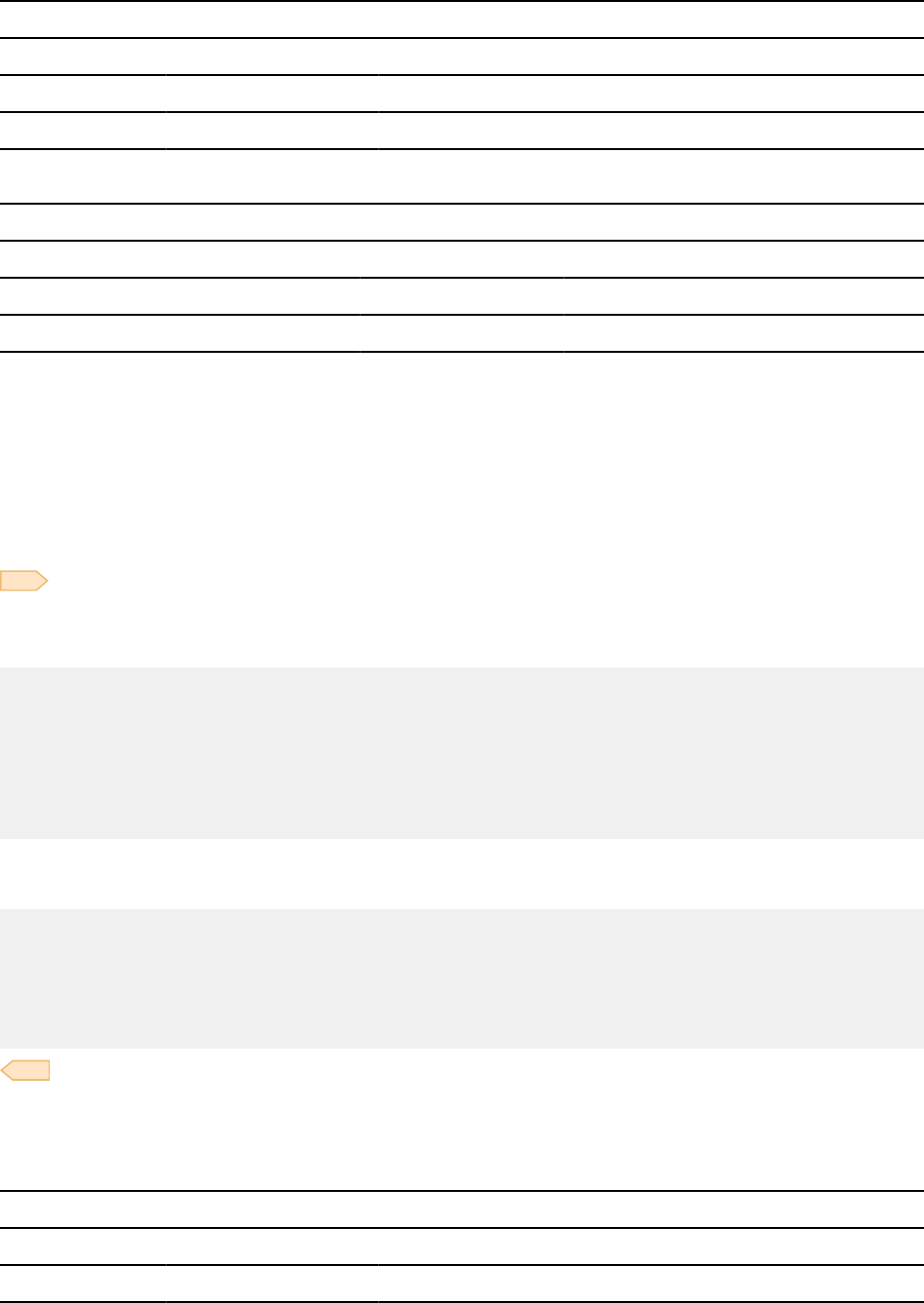
Table 158. Columns of the activity table (continued)
Column Column name Description
2 ACTKWD Activity keyword (up to six characters)
3 ACTDESC Activity description
The activity table has the following indexes.
Table 159. Indexes of the activity table
Name On column Type of index
DSN8C10.XACT1 ACTNO Primary, ascending
DSN8C10.XACT2 ACTKWD Unique, ascending
Relationship to other tables
The activity table is a parent table of the project activity table, through a foreign key on column ACTNO.
Department table (DSN8C10.DEPT)
The department table describes each department in the enterprise and identies its manager and the
department to which it reports.
GUPI
The department table resides in table space DSN8D12A.DSN8S12D and is created with the following
statement:
CREATE TABLE DSN8C10.DEPT
(DEPTNO CHAR(3) NOT NULL,
DEPTNAME VARCHAR(36) NOT NULL,
MGRNO CHAR(6) ,
ADMRDEPT CHAR(3) NOT NULL,
LOCATION CHAR(16) ,
PRIMARY KEY (DEPTNO) )
IN DSN8D12A.DSN8S12D
CCSID EBCDIC;
Because the department table is self-referencing, and also is part of a cycle of dependencies, its foreign
keys must be added later with the following statements:
ALTER TABLE DSN8C10.DEPT
FOREIGN KEY RDD (ADMRDEPT) REFERENCES DSN8C10.DEPT
ON DELETE CASCADE;
ALTER TABLE DSN8C10.DEPT
FOREIGN KEY RDE (MGRNO) REFERENCES DSN8C10.EMP
ON DELETE SET NULL;
GUPI
Content of the department table
The following table shows the content of the columns in the department table.
Table 160. Columns of the department table
Column Column name Description
1 DEPTNO Department ID, the primary key.
996Db2 12 for z/OS: Application Programming and SQL Guide (Last updated: 2024-07-30)
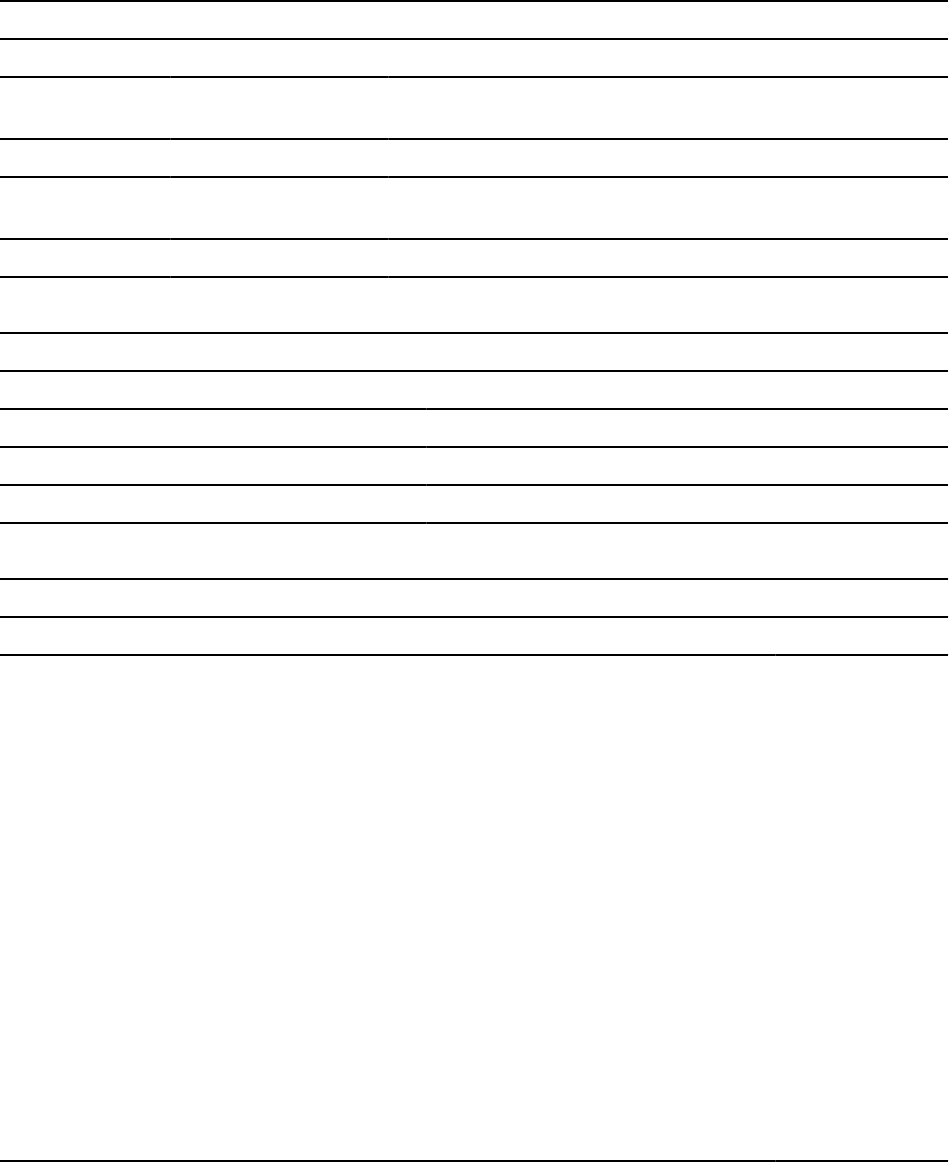
Table 160. Columns of the department table (continued)
Column Column name Description
2 DEPTNAME A name that describes the general activities of the
department.
3 MGRNO Employee number (EMPNO) of the department manager.
4 ADMRDEPT ID of the department to which this department reports; the
department at the highest level reports to itself.
5 LOCATION The remote location name.
The following table shows the indexes of the department table.
Table 161. Indexes of the department table
Name On column Type of index
DSN8C10.XDEPT1 DEPTNO Primary, ascending
DSN8C10.XDEPT2 MGRNO Ascending
DSN8C10.XDEPT3 ADMRDEPT Ascending
The following table shows the content of the department table.
Table 162. DSN8C10.DEPT: department table
DEPTNO DEPTNAME MGRNO ADMRDEPT LOCATION
A00 SPIFFY COMPUTER SERVICE DIV. 000010 A00 ----------------
B01 PLANNING 000020 A00 ----------------
C01 INFORMATION CENTER 000030 A00 ----------------
D01 DEVELOPMENT CENTER ------ A00 ----------------
E01 SUPPORT SERVICES 000050 A00 ----------------
D11 MANUFACTURING SYSTEMS 000060 D01 ----------------
D21 ADMINISTRATION SYSTEMS 000070 D01 ----------------
E11 OPERATIONS 000090 E01 ----------------
E21 SOFTWARE SUPPORT 000100 E01 ----------------
F22 BRANCH OFFICE F2 ------ E01 ----------------
G22 BRANCH OFFICE G2 ------ E01 ----------------
H22 BRANCH OFFICE H2 ------ E01 ----------------
I22 BRANCH OFFICE I2 ------ E01 ----------------
J22 BRANCH OFFICE J2 ------ E01 ----------------
The LOCATION column contains null values until sample job DSNTEJ6 updates this column with the
location name.
Relationship to other tables
The department table is self-referencing: the value of the administering department must be a valid
department ID.
The department table is a parent table of the following :
Chapter 12. Sample data and applications supplied with Db2 for z/OS
997
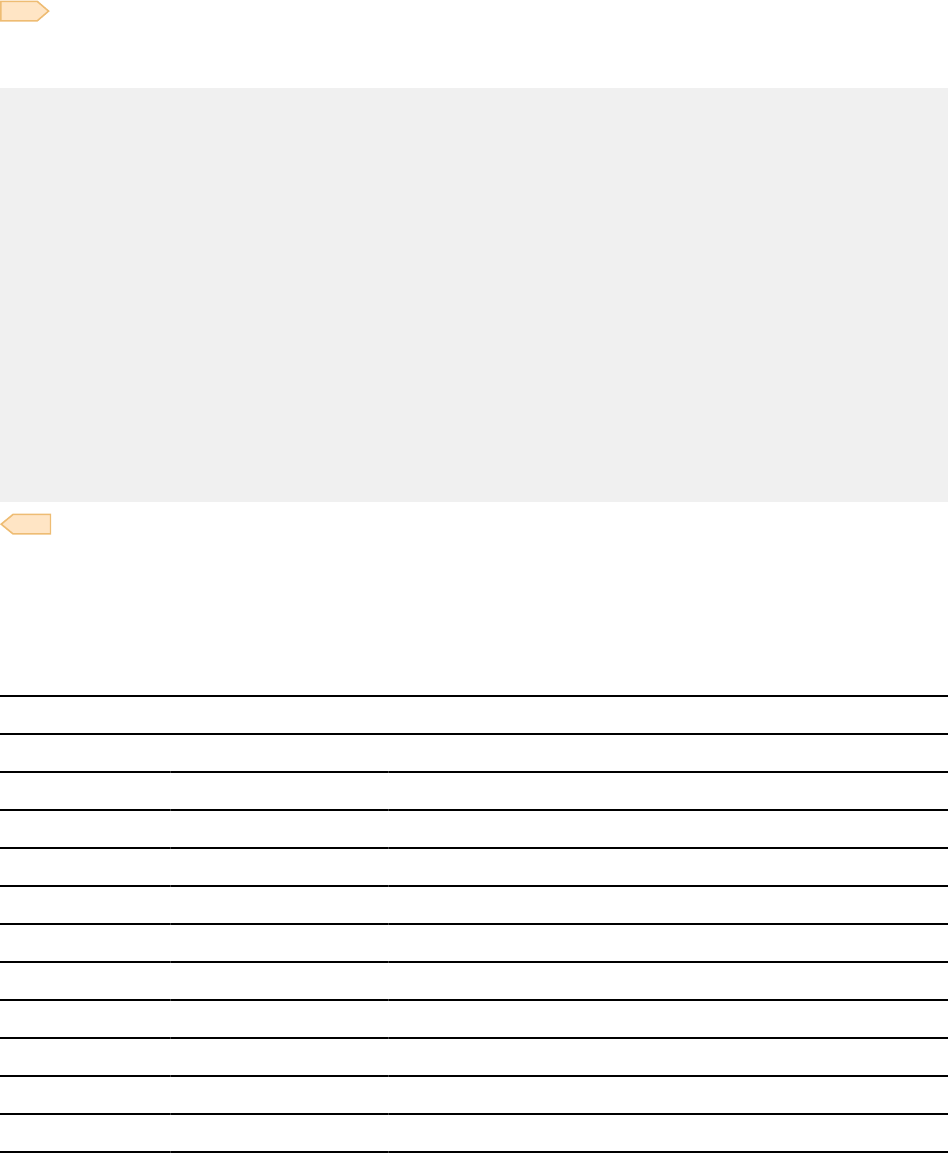
• The employee table, through a foreign key on column WORKDEPT
• The project table, through a foreign key on column DEPTNO
The department table is a dependent of the employee table, through its foreign key on column MGRNO.
Employee table (DSN8C10.EMP)
The sample employee table identies all employees by an employee number and lists basic personnel
information.
GUPI
The employee table resides in the partitioned table space DSN8D12A.DSN8S12E. Because this
table has a foreign key that references DEPT, that table and the index on its primary key must be created
rst. Then EMP is created with the following statement:
CREATE TABLE DSN8C10.EMP
(EMPNO CHAR(6) NOT NULL,
FIRSTNME VARCHAR(12) NOT NULL,
MIDINIT CHAR(1) NOT NULL,
LASTNAME VARCHAR(15) NOT NULL,
WORKDEPT CHAR(3) ,
PHONENO CHAR(4) CONSTRAINT NUMBER CHECK
(PHONENO >= '0000' AND
PHONENO <= '9999') ,
HIREDATE DATE ,
JOB CHAR(8) ,
EDLEVEL SMALLINT ,
SEX CHAR(1) ,
BIRTHDATE DATE ,
SALARY DECIMAL(9,2) ,
BONUS DECIMAL(9,2) ,
COMM DECIMAL(9,2) ,
PRIMARY KEY (EMPNO) ,
FOREIGN KEY RED (WORKDEPT) REFERENCES DSN8C10.DEPT
ON DELETE SET NULL )
EDITPROC DSN8EAE1
IN DSN8D12A.DSN8S12E
CCSID EBCDIC;
GUPI
Content of the employee table
The following table shows the type of content of each of the columns in the employee table. The table has
a check constraint, NUMBER, which checks that the four-digit phone number is in the numeric range 0000
to 9999.
Table 163. Columns of the employee table
Column Column name Description
1 EMPNO Employee number (the primary key)
2 FIRSTNME First name of employee
3 MIDINIT Middle initial of employee
4 LASTNAME Last name of employee
5 WORKDEPT ID of department in which the employee works
6 PHONENO Employee telephone number
7 HIREDATE Date of hire
8 JOB Job held by the employee
9 EDLEVEL Number of years of formal education
10 SEX Sex of the employee (M or F)
998Db2 12 for z/OS: Application Programming and SQL Guide (Last updated: 2024-07-30)

Table 163. Columns of the employee table (continued)
Column Column name Description
11 BIRTHDATE Date of birth
12 SALARY Yearly salary in dollars
13 BONUS Yearly bonus in dollars
14 COMM Yearly commission in dollars
The following table shows the indexes of the employee table.
Table 164. Indexes of the employee table
Name On column Type of index
DSN8C10.XEMP1 EMPNO Primary, partitioned, ascending
DSN8C10.XEMP2 WORKDEPT Ascending
The following table shows the rst half (left side) of the content of the employee table. (Table 166 on page
1000 shows the remaining content (right side) of the employee table.)
Table 165. Left half of DSN8C10.EMP: employee table. Note that a blank in the MIDINIT column is an actual
value of " " rather than null.
EMPNO FIRSTNME MIDINIT LASTNAME WORKDEPT PHONENO HIREDATE
000010 CHRISTINE I HAAS A00 3978 1965-01-01
000020 MICHAEL L THOMPSON B01 3476 1973-10-10
000030 SALLY A KWAN C01 4738 1975-04-05
000050 JOHN B GEYER E01 6789 1949-08-17
000060 IRVING F STERN D11 6423 1973-09-14
000070 EVA D PULASKI D21 7831 1980-09-30
000090 EILEEN W HENDERSON E11 5498 1970-08-15
000100 THEODORE Q SPENSER E21 0972 1980-06-19
000110 VINCENZO G LUCCHESSI A00 3490 1958-05-16
000120 SEAN O'CONNELL A00 2167 1963-12-05
000130 DOLORES M QUINTANA C01 4578 1971-07-28
000140 HEATHER A NICHOLLS C01 1793 1976-12-15
000150 BRUCE ADAMSON D11 4510 1972-02-12
000160 ELIZABETH R PIANKA D11 3782 1977-10-11
000170 MASATOSHI J YOSHIMURA D11 2890 1978-09-15
000180 MARILYN S SCOUTTEN D11 1682 1973-07-07
000190 JAMES H WALKER D11 2986 1974-07-26
000200 DAVID BROWN D11 4501 1966-03-03
000210 WILLIAM T JONES D11 0942 1979-04-11
000220 JENNIFER K LUTZ D11 0672 1968-08-29
000230 JAMES J JEFFERSON D21 2094 1966-11-21
Chapter 12. Sample data and applications supplied with Db2 for z/OS999
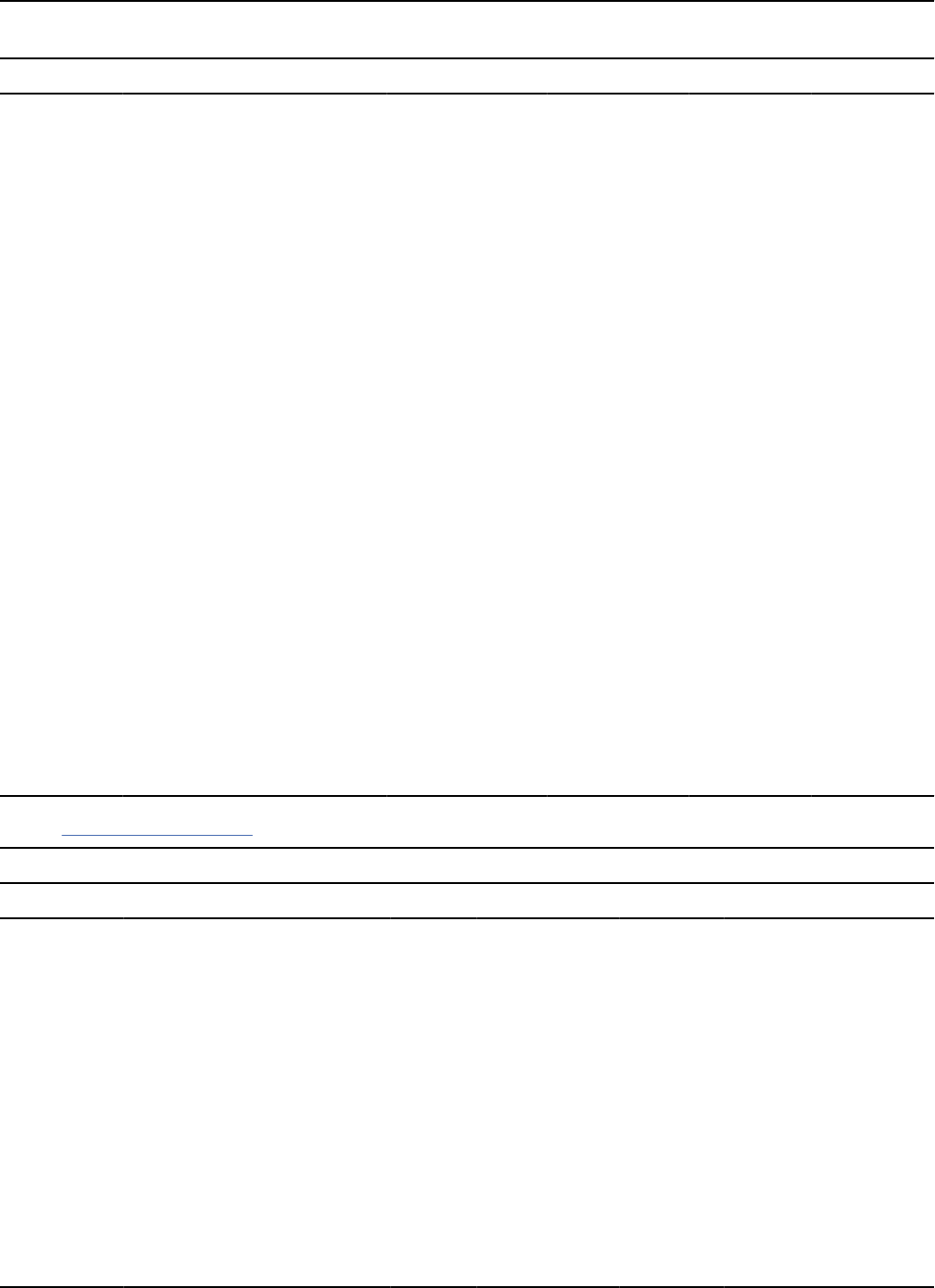
Table 165. Left half of DSN8C10.EMP: employee table. Note that a blank in the MIDINIT column is an actual
value of " " rather than null. (continued)
EMPNO FIRSTNME MIDINIT LASTNAME WORKDEPT PHONENO HIREDATE
000240 SALVATORE M MARINO D21 3780 1979-12-05
000250 DANIEL S SMITH D21 0961 1969-10-30
000260 SYBIL P JOHNSON D21 8953 1975-09-11
000270 MARIA L PEREZ D21 9001 1980-09-30
000280 ETHEL R SCHNEIDER E11 8997 1967-03-24
000290 JOHN R PARKER E11 4502 1980-05-30
000300 PHILIP X SMITH E11 2095 1972-06-19
000310 MAUDE F SETRIGHT E11 3332 1964-09-12
000320 RAMLAL V MEHTA E21 9990 1965-07-07
000330 WING LEE E21 2103 1976-02-23
000340 JASON R GOUNOT E21 5698 1947-05-05
200010 DIAN J HEMMINGER A00 3978 1965-01-01
200120 GREG ORLANDO A00 2167 1972-05-05
200140 KIM N NATZ C01 1793 1976-12-15
200170 KIYOSHI YAMAMOTO D11 2890 1978-09-15
200220 REBA K JOHN D11 0672 1968-08-29
200240 ROBERT M MONTEVERDE D21 3780 1979-12-05
200280 EILEEN R SCHWARTZ E11 8997 1967-03-24
200310 MICHELLE F SPRINGER E11 3332 1964-09-12
200330 HELENA WONG E21 2103 1976-02-23
200340 ROY R ALONZO E21 5698 1947-05-05
(Table 165 on page 999 shows the rst half (right side) of the content of employee table.)
Table 166. Right half of DSN8C10.EMP: employee table
(EMPNO) JOB EDLEVEL SEX BIRTHDATE SALARY BONUS COMM
(000010) PRES 18 F 1933-08-14 52750.00 1000.00 4220.00
(000020) MANAGER 18 M 1948-02-02 41250.00 800.00 3300.00
(000030) MANAGER 20 F 1941-05-11 38250.00 800.00 3060.00
(000050) MANAGER 16 M 1925-09-15 40175.00 800.00 3214.00
(000060) MANAGER 16 M 1945-07-07 32250.00 600.00 2580.00
(000070) MANAGER 16 F 1953-05-26 36170.00 700.00 2893.00
(000090) MANAGER 16 F 1941-05-15 29750.00 600.00 2380.00
(000100) MANAGER 14 M 1956-12-18 26150.00 500.00 2092.00
(000110) SALESREP 19 M 1929-11-05 46500.00 900.00 3720.00
(000120) CLERK 14 M 1942-10-18 29250.00 600.00 2340.00
(000130) ANALYST 16 F 1925-09-15 23800.00 500.00 1904.00
1000Db2 12 for z/OS: Application Programming and SQL Guide (Last updated: 2024-07-30)

Table 166. Right half of DSN8C10.EMP: employee table (continued)
(EMPNO) JOB EDLEVEL SEX BIRTHDATE SALARY BONUS COMM
(000140) ANALYST 18 F 1946-01-19 28420.00 600.00 2274.00
(000150) DESIGNER 16 M 1947-05-17 25280.00 500.00 2022.00
(000160) DESIGNER 17 F 1955-04-12 22250.00 400.00 1780.00
(000170) DESIGNER 16 M 1951-01-05 24680.00 500.00 1974.00
(000180) DESIGNER 17 F 1949-02-21 21340.00 500.00 1707.00
(000190) DESIGNER 16 M 1952-06-25 20450.00 400.00 1636.00
(000200) DESIGNER 16 M 1941-05-29 27740.00 600.00 2217.00
(000210) DESIGNER 17 M 1953-02-23 18270.00 400.00 1462.00
(000220) DESIGNER 18 F 1948-03-19 29840.00 600.00 2387.00
(000230) CLERK 14 M 1935-05-30 22180.00 400.00 1774.00
(000240) CLERK 17 M 1954-03-31 28760.00 600.00 2301.00
(000250) CLERK 15 M 1939-11-12 19180.00 400.00 1534.00
(000260) CLERK 16 F 1936-10-05 17250.00 300.00 1380.00
(000270) CLERK 15 F 1953-05-26 27380.00 500.00 2190.00
(000280) OPERATOR 17 F 1936-03-28 26250.00 500.00 2100.00
(000290) OPERATOR 12 M 1946-07-09 15340.00 300.00 1227.00
(000300) OPERATOR 14 M 1936-10-27 17750.00 400.00 1420.00
(000310) OPERATOR 12 F 1931-04-21 15900.00 300.00 1272.00
(000320) FIELDREP 16 M 1932-08-11 19950.00 400.00 1596.00
(000330) FIELDREP 14 M 1941-07-18 25370.00 500.00 2030.00
(000340) FIELDREP 16 M 1926-05-17 23840.00 500.00 1907.00
(200010) SALESREP 18 F 1933-08-14 46500.00 1000.00 4220.00
(200120) CLERK 14 M 1942-10-18 29250.00 600.00 2340.00
(200140) ANALYST 18 F 1946-01-19 28420.00 600.00 2274.00
(200170) DESIGNER 16 M 1951-01-05 24680.00 500.00 1974.00
(200220) DESIGNER 18 F 1948-03-19 29840.00 600.00 2387.00
(200240) CLERK 17 M 1954-03-31 28760.00 600.00 2301.00
(200280) OPERATOR 17 F 1936-03-28 26250.00 500.00 2100.00
(200310) OPERATOR 12 F 1931-04-21 15900.00 300.00 1272.00
(200330) FIELDREP 14 F 1941-07-18 25370.00 500.00 2030.00
(200340) FIELDREP 16 M 1926-05-17 23840.00 500.00 1907.00
Relationship to other tables
The employee table is a parent table of:
• The department table, through a foreign key on column MGRNO
• The project table, through a foreign key on column RESPEMP
Chapter 12. Sample data and applications supplied with Db2 for z/OS
1001
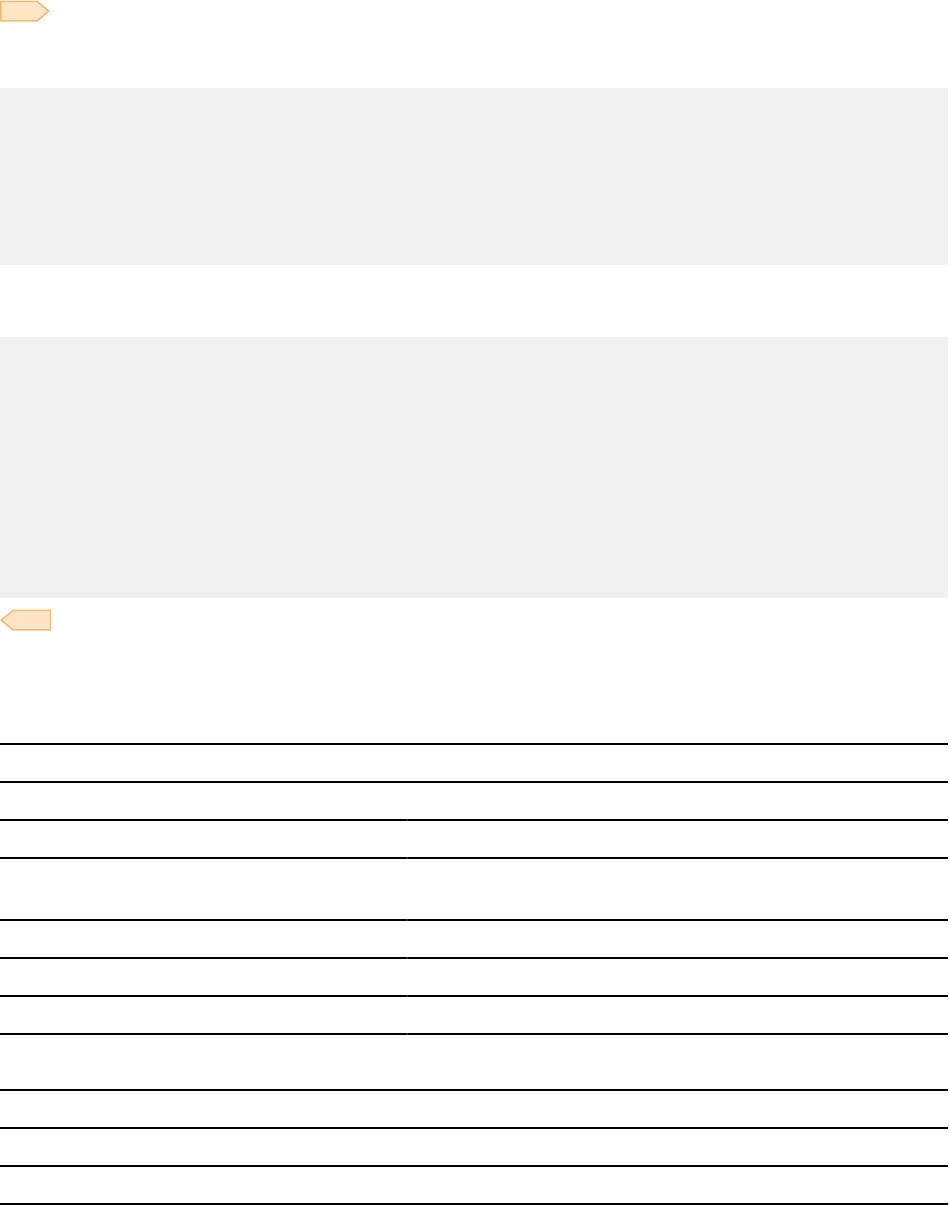
The employee table is a dependent of the department table, through its foreign key on column
WORKDEPT.
Employee photo and resume table (DSN8C10.EMP_PHOTO_RESUME)
The sample employee photo and resume table complements the employee table.
GUPI
Each row of the photo and resume table contains a photo of the employee, in two formats, and
the employee's resume. The photo and resume table resides in table space DSN8D12L.DSN8S12B. The
following statement creates the table:
CREATE TABLE DSN8C10.EMP_PHOTO_RESUME
(EMPNO CHAR(06) NOT NULL,
EMP_ROWID ROWID NOT NULL GENERATED ALWAYS,
PSEG_PHOTO BLOB(500K),
BMP_PHOTO BLOB(100K),
RESUME CLOB(5K),
PRIMARY KEY (EMPNO))
IN DSN8D12L.DSN8S12B
CCSID EBCDIC;
Db2 requires an auxiliary table for each LOB column in a table. The following statements dene the
auxiliary tables for the three LOB columns in DSN8C10.EMP_PHOTO_RESUME:
CREATE AUX TABLE DSN8C10.AUX_BMP_PHOTO
IN DSN8D12L.DSN8S12M
STORES DSN8C10.EMP_PHOTO_RESUME
COLUMN BMP_PHOTO;
CREATE AUX TABLE DSN8C10.AUX_PSEG_PHOTO
IN DSN8D12L.DSN8S12L
STORES DSN8C10.EMP_PHOTO_RESUME
COLUMN PSEG_PHOTO;
CREATE AUX TABLE DSN8C10.AUX_EMP_RESUME
IN DSN8D12L.DSN8S12N
STORES DSN8C10.EMP_PHOTO_RESUME
COLUMN RESUME;
GUPI
Content of the employee photo and resume table
The following table shows the content of the columns in the employee photo and resume table.
Table 167. Columns of the employee photo and resume table
Column Column name Description
1 EMPNO Employee ID (the primary key).
2 EMP_ROWID Row ID to uniquely identify each row of the table. Db2
supplies the values of this column.
3 PSEG_PHOTO Employee photo, in PSEG format.
4 BMP_PHOTO Employee photo, in BMP format.
5 RESUME Employee resume.
The following table shows the indexes for the employee photo and resume table.
Table 168. Indexes of the employee photo and resume table
Name On column Type of index
DSN8C10.XEMP_PHOTO_RESUME EMPNO Primary, ascending
1002Db2 12 for z/OS: Application Programming and SQL Guide (Last updated: 2024-07-30)
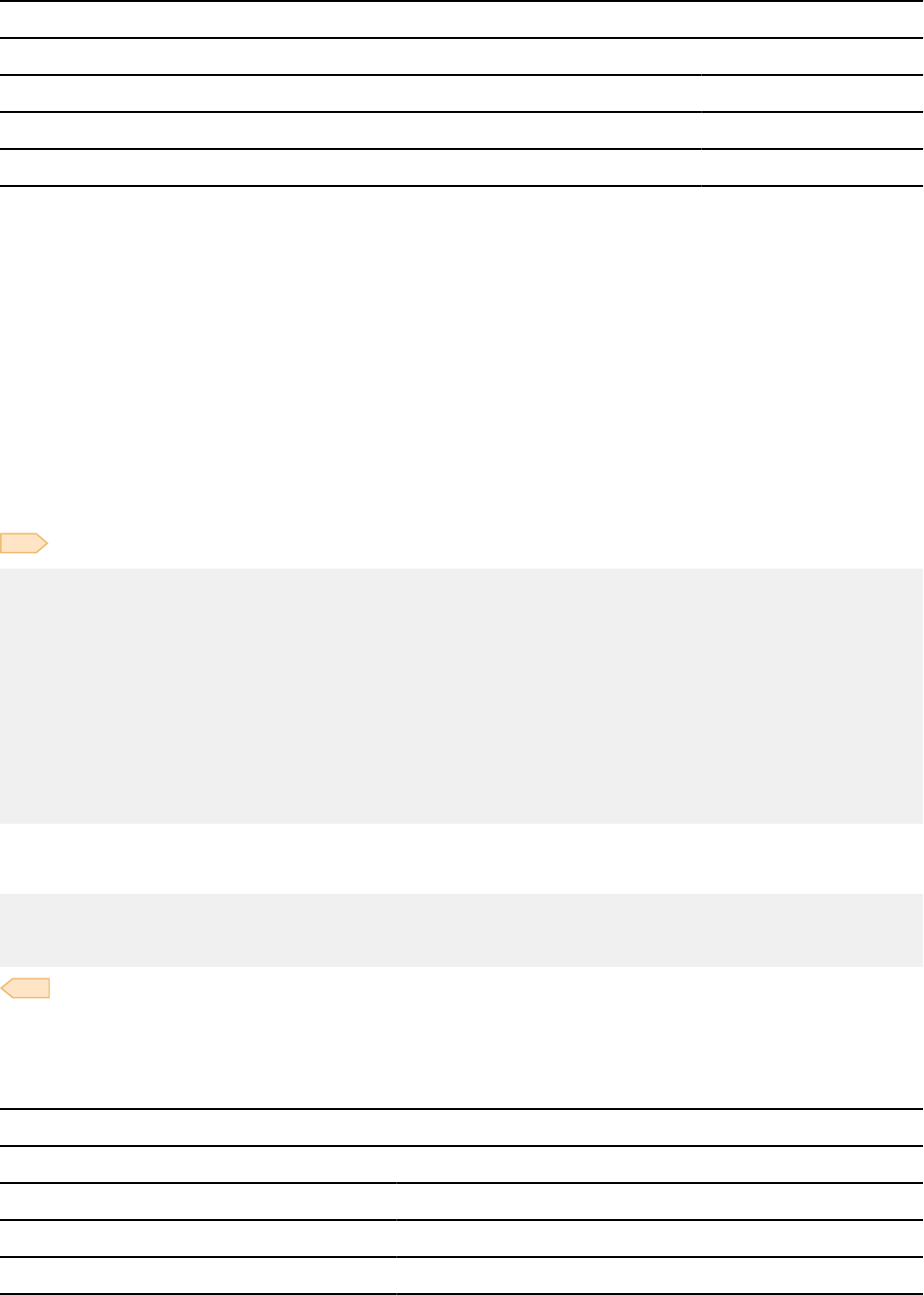
The following table shows the indexes for the auxiliary tables that support the employee photo and
resume table.
Table 169. Indexes of the auxiliary tables for the employee photo and resume table
Name On table Type of index
DSN8C10.XAUX_BMP_PHOTO DSN8C10.AUX_BMP_PHOTO Unique
DSN8C10.XAUX_PSEG_PHOTO DSN8C10.AUX_PSEG_PHOTO Unique
DSN8C10.XAUX_EMP_RESUME DSN8C10.AUX_EMP_RESUME Unique
Relationship to other tables
The employee photo and resume table is a parent table of the project table, through a foreign key on
column RESPEMP.
Project table (DSN8C10.PROJ)
The sample project table describes each project that the business is currently undertaking. Data that is
contained in each row of the table includes the project number, name, person responsible, and schedule
dates.
The project table resides in database DSN8D12A. Because this table has foreign keys that reference DEPT
and EMP, those tables and the indexes on their primary keys must be created rst. Then PROJ is created
with the following statement:
GUPI
CREATE TABLE DSN8C10.PROJ
(PROJNO CHAR(6) PRIMARY KEY NOT NULL,
PROJNAME VARCHAR(24) NOT NULL WITH DEFAULT
'PROJECT NAME UNDEFINED',
DEPTNO CHAR(3) NOT NULL REFERENCES
DSN8C10.DEPT ON DELETE RESTRICT,
RESPEMP CHAR(6) NOT NULL REFERENCES
DSN8C10.EMP ON DELETE RESTRICT,
PRSTAFF DECIMAL(5, 2) ,
PRSTDATE DATE ,
PRENDATE DATE ,
MAJPROJ CHAR(6))
IN DSN8D12A.DSN8S12P
CCSID EBCDIC;
Because the project table is self-referencing, the foreign key for that constraint must be added later with
the following statement:
ALTER TABLE DSN8C10.PROJ
FOREIGN KEY RPP (MAJPROJ) REFERENCES DSN8C10.PROJ
ON DELETE CASCADE;
GUPI
Content of the project table
The following table shows the content of the columns of the project table.
Table 170. Columns of the project table
Column Column name Description
1 PROJNO Project ID (the primary key)
2 PROJNAME Project name
3 DEPTNO ID of department responsible for the project
Chapter 12. Sample data and applications supplied with Db2 for z/OS1003
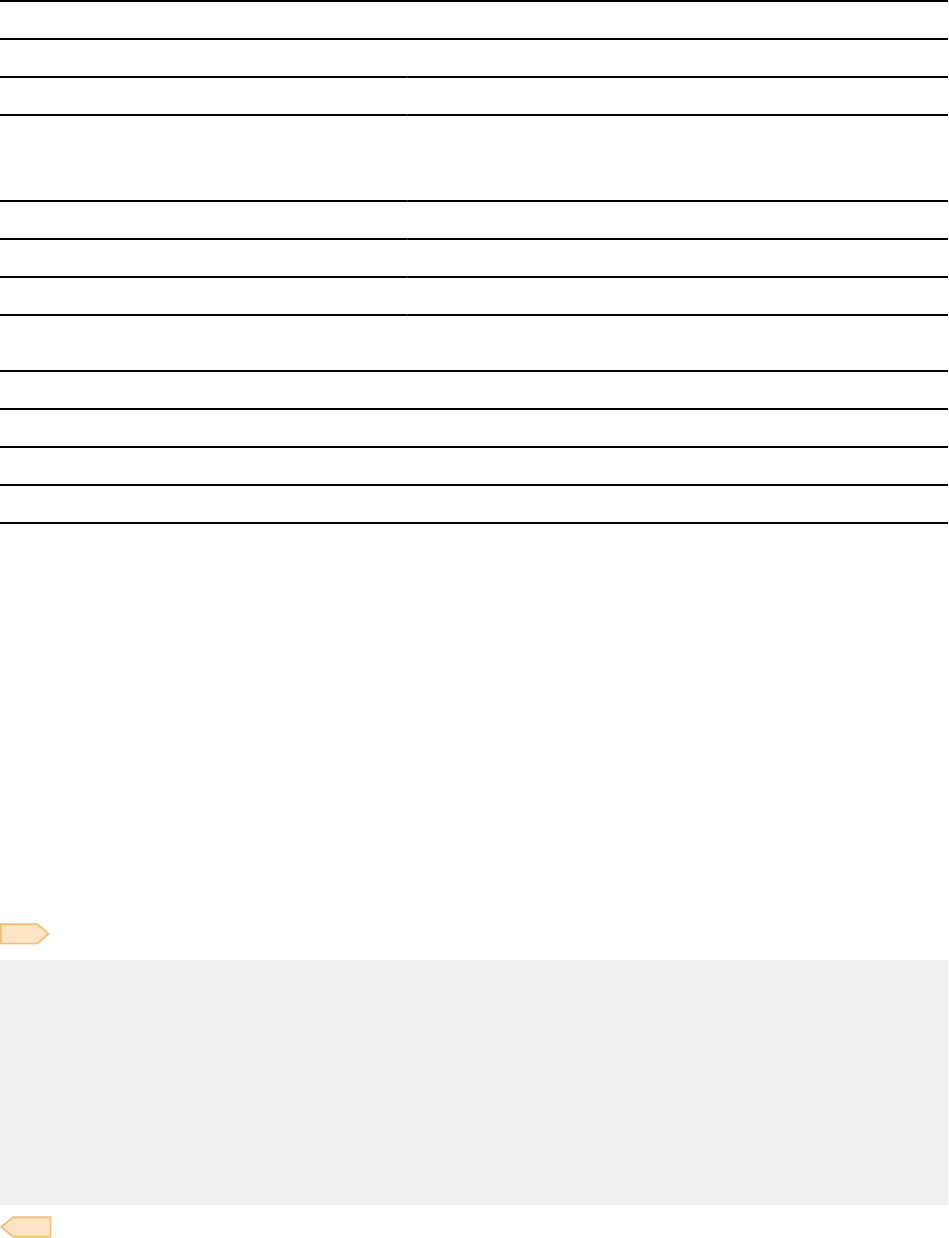
Table 170. Columns of the project table (continued)
Column Column name Description
4 RESPEMP ID of employee responsible for the project
5 PRSTAFF Estimated mean number of persons that are needed
between PRSTDATE and PRENDATE to complete the whole
project, including any subprojects
6 PRSTDATE Estimated project start date
7 PRENDATE Estimated project end date
8 MAJPROJ ID of any project of which this project is a part
The following table shows the indexes for the project table:
Table 171. Indexes of the project table
Name On column Type of index
DSN8C10.XPROJ1 PROJNO Primary, ascending
DSN8C10.XPROJ2 RESPEMP Ascending
Relationship to other tables
The table is self-referencing: a non-null value of MAJPROJ must be a valid project number. The table is a
parent table of the project activity table, through a foreign key on column PROJNO. It is a dependent of
the following tables:
• The department table, through its foreign key on DEPTNO
• The employee table, through its foreign key on RESPEMP
Project activity table (DSN8C10.PROJACT)
The sample project activity table lists the activities that are performed for each project.
The project activity table resides in database DSN8D12A. Because this table has foreign keys that
reference PROJ and ACT, those tables and the indexes on their primary keys must be created rst. Then
PROJACT is created with the following statement:
GUPI
CREATE TABLE DSN8C10.PROJACT
(PROJNO CHAR(6) NOT NULL,
ACTNO SMALLINT NOT NULL,
ACSTAFF DECIMAL(5,2) ,
ACSTDATE DATE NOT NULL,
ACENDATE DATE ,
PRIMARY KEY (PROJNO, ACTNO, ACSTDATE),
FOREIGN KEY RPAP (PROJNO) REFERENCES DSN8C10.PROJ
ON DELETE RESTRICT,
FOREIGN KEY RPAA (ACTNO) REFERENCES DSN8C10.ACT
ON DELETE RESTRICT)
IN DSN8D12A.DSN8S12P
CCSID EBCDIC;
GUPI
Content of the project activity table
The following table shows the content of the columns of the project activity table.
1004
Db2 12 for z/OS: Application Programming and SQL Guide (Last updated: 2024-07-30)
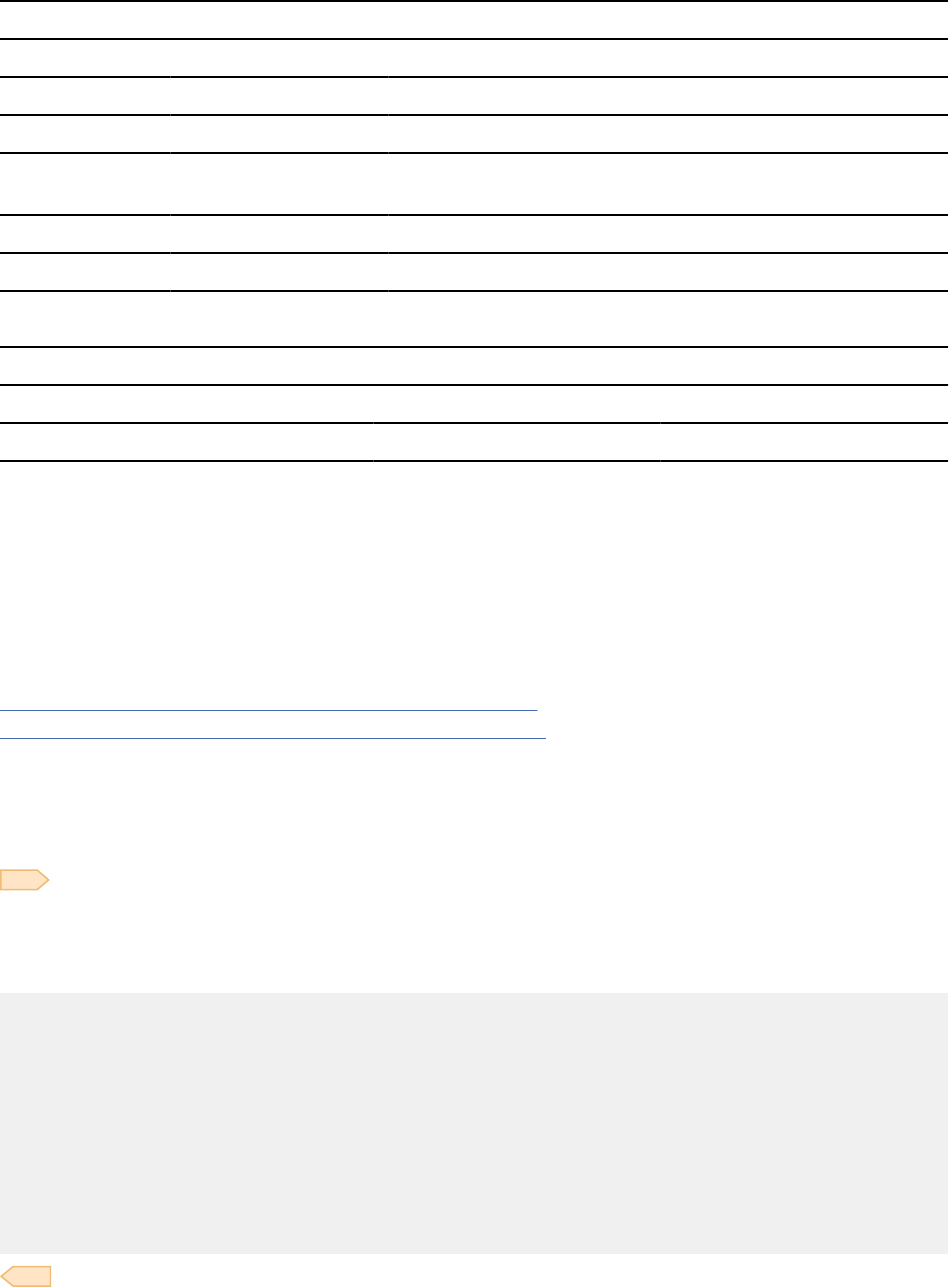
Table 172. Columns of the project activity table
Column Column name Description
1 PROJNO Project ID
2 ACTNO Activity ID
3 ACSTAFF Estimated mean number of employees that are needed to
staff the activity
4 ACSTDATE Estimated activity start date
5 ACENDATE Estimated activity completion date
The following table shows the index of the project activity table:
Table 173. Index of the project activity table
Name On columns Type of index
DSN8C10.XPROJAC1 PROJNO, ACTNO, ACSTDATE primary, ascending
Relationship to other tables
The project activity table is a parent table of the employee to project activity table, through a foreign key
on columns PROJNO, ACTNO, and EMSTDATE. It is a dependent of the following tables:
• The activity table, through its foreign key on column ACTNO
• The project table, through its foreign key on column PROJNO
Related reference
Activity table (DSN8C10.ACT) (Introduction to Db2 for z/OS)
Project table (DSN8C10.PROJ) (Introduction to Db2 for z/OS)
Employee-to-project activity table (DSN8C10.EMPPROJACT)
The sample employee-to-project activity table identies the employee who performs an activity for a
project, tells the proportion of the employee's time that is required, and gives a schedule for the activity.
GUPI
The employee-to-project activity table resides in database DSN8D12A. Because this table has foreign
keys that reference EMP and PROJACT, those tables and the indexes on their primary keys must be
created rst. Then EMPPROJACT is created with the following statement:
CREATE TABLE DSN8C10.EMPPROJACT
(EMPNO CHAR(6) NOT NULL,
PROJNO CHAR(6) NOT NULL,
ACTNO SMALLINT NOT NULL,
EMPTIME DECIMAL(5,2) ,
EMSTDATE DATE ,
EMENDATE DATE ,
FOREIGN KEY REPAPA (PROJNO, ACTNO, EMSTDATE)
REFERENCES DSN8C10.PROJACT
ON DELETE RESTRICT,
FOREIGN KEY REPAE (EMPNO) REFERENCES DSN8C10.EMP
ON DELETE RESTRICT)
IN DSN8D12A.DSN8S12P
CCSID EBCDIC;
GUPI
Content of the employee-to-project activity table
The following table shows the content of the columns in the employee-to-project activity table.
Chapter 12. Sample data and applications supplied with Db2 for z/OS
1005
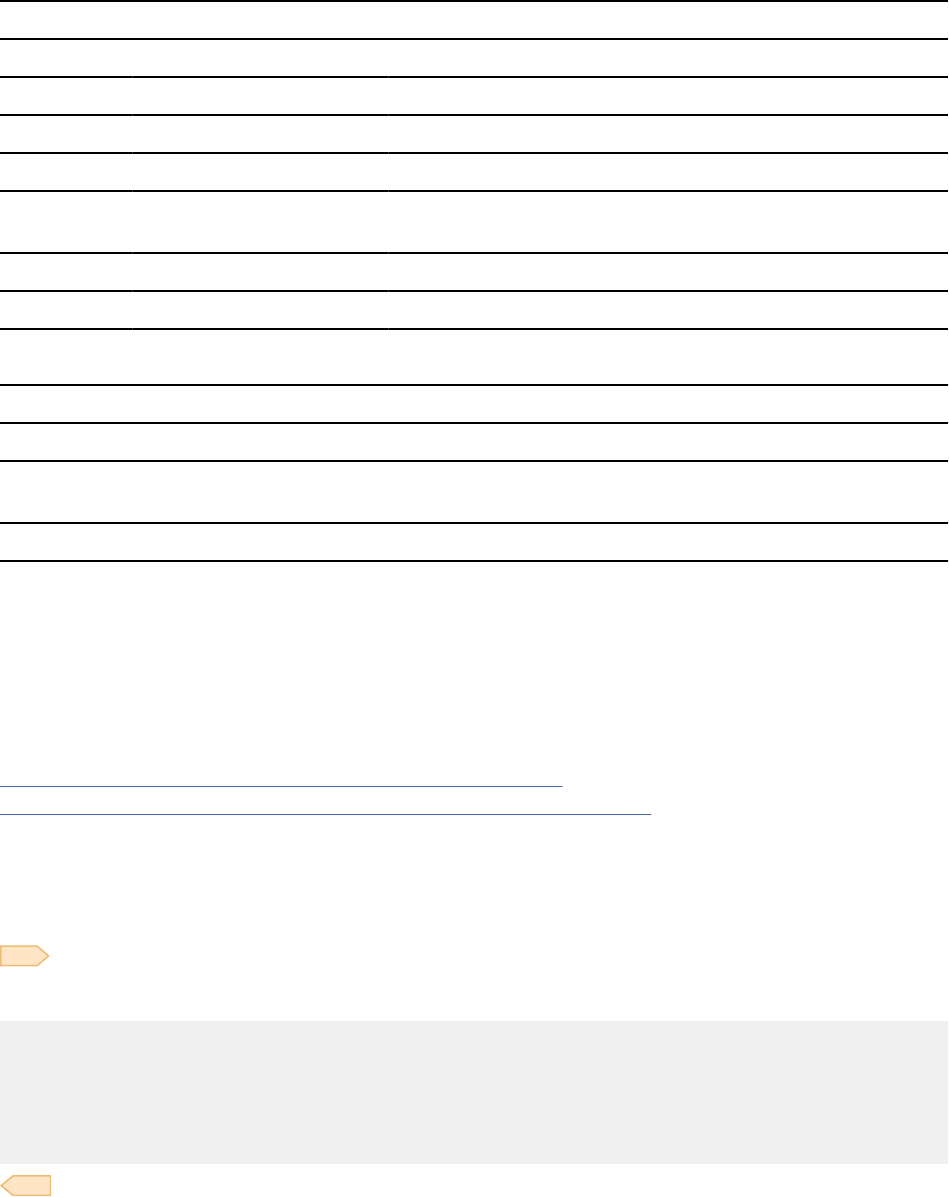
Table 174. Columns of the employee-to-project activity table
Column Column name Description
1 EMPNO Employee ID number
2 PROJNO Project ID of the project
3 ACTNO ID of the activity within the project
4 EMPTIME A proportion of the employee's full time (between 0.00 and
1.00) that is to be spent on the activity
5 EMSTDATE Date the activity starts
6 EMENDATE Date the activity ends
The following table shows the indexes for the employee-to-project activity table:
Table 175. Indexes of the employee-to-project activity table
Name On columns Type of index
DSN8C10.XEMPPROJACT1 PROJNO, ACTNO,
EMSTDATE, EMPNO
Unique, ascending
DSN8C10.XEMPPROJACT2 EMPNO Ascending
Relationship to other tables
The employee-to-project activity table is a dependent of the following tables:
• The employee table, through its foreign key on column EMPNO
• The project activity table, through its foreign key on columns PROJNO, ACTNO, and EMSTDATE.
Related reference
Employee table (DSN8C10.EMP) (Introduction to Db2 for z/OS)
Project activity table (DSN8C10.PROJACT) (Introduction to Db2 for z/OS)
Unicode sample table (DSN8C10.DEMO_UNICODE)
The Unicode sample table is used to verify that data conversions to and from EBCDIC and Unicode are
working as expected.
GUPI
The table resides in database DSN8D12A, and is dened with the following statement:
CREATE TABLE DSN8C10.DEMO_UNICODE
(LOWER_A_TO_Z CHAR(26) ,
UPPER_A_TO_Z CHAR(26) ,
ZERO_TO_NINE CHAR(10) ,
X00_TO_XFF VARCHAR(256) FOR BIT DATA)
IN DSN8D81E.DSN8S81U
CCSID UNICODE;
GUPI
Content of the Unicode sample table
The following table shows the content of the columns in the Unicode sample table:
1006
Db2 12 for z/OS: Application Programming and SQL Guide (Last updated: 2024-07-30)
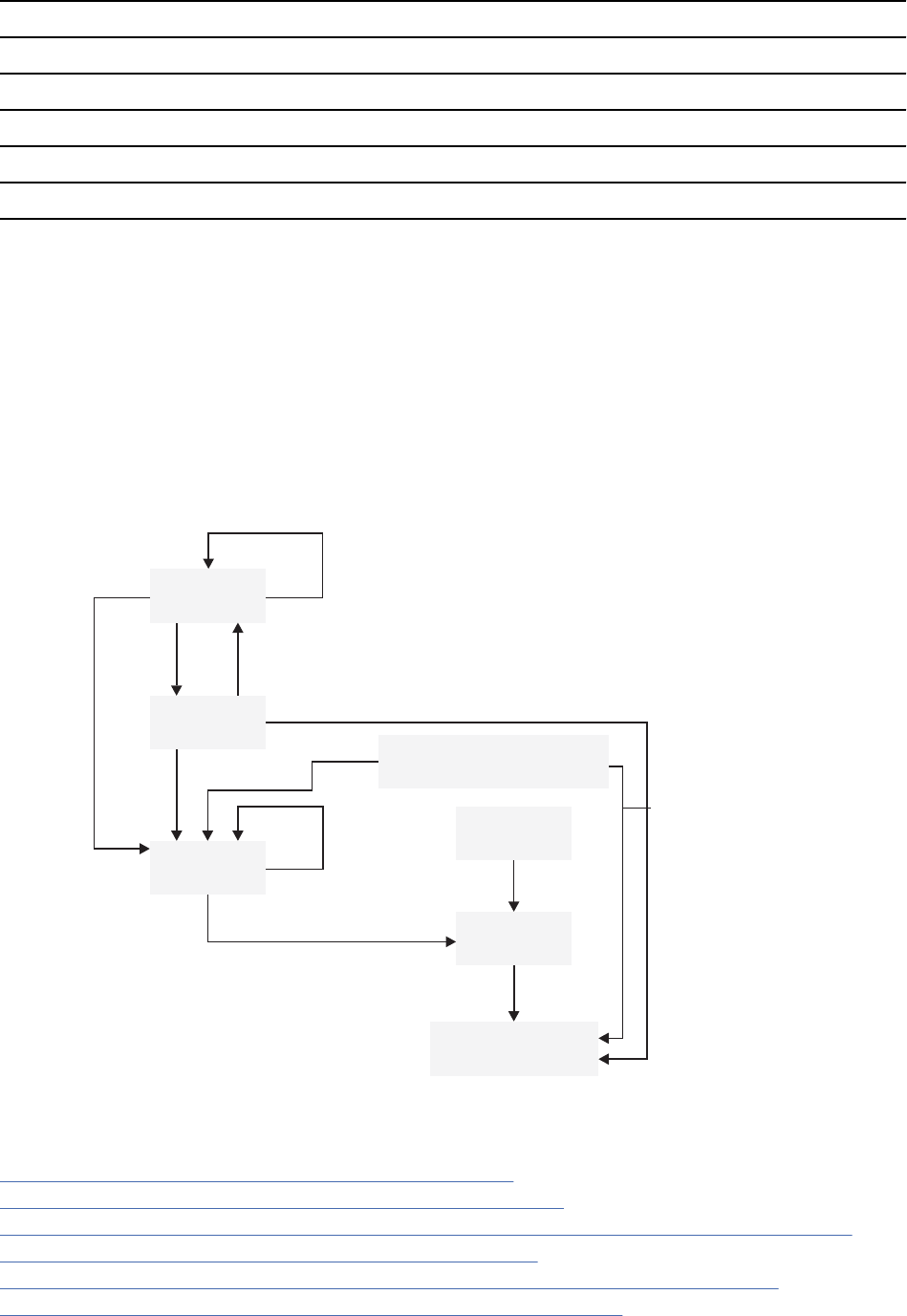
Table 176. Columns of the Unicode sample table
Column Column Name Description
1 LOWER_A_TO_Z Array of characters, 'a' to 'z'
2 UPPER_A_TO_Z Array of characters, 'A' to 'Z'
3 ZERO_TO_NINE Array of characters, '0' to '9'
4 X00_TO_XFF Array of characters, x'00' to x'FF'
This table has no indexes.
Relationship to other tables
This table has no relationship to other tables.
Relationships among the sample tables
Relationships among the sample tables are established by foreign keys in dependent tables that
reference primary keys in parent tables.
The following gure shows relationships among the sample tables. You can nd descriptions of the
columns with the descriptions of the tables.
CASCADE
SET
NULL
SET
NULL
CASCADE
RESTRICT
RESTRICT
RESTRICT
RESTRICT
RESTRICT
RESTRICT
RESTRICT
RESTRICT
DEPT
EMP
PROJ
EMP_PHOTO_RESUME
ACT
PROJACT
EMPPROJACT
Figure 80. Relationships among tables in the sample application
Related reference
Activity table (DSN8C10.ACT) (Introduction to Db2 for z/OS)
Department table (DSN8C10.DEPT) (Introduction to Db2 for z/OS)
Employee photo and resume table (DSN8C10.EMP_PHOTO_RESUME) (Introduction to Db2 for z/OS)
Employee table (DSN8C10.EMP) (Introduction to Db2 for z/OS)
Employee-to-project activity table (DSN8C10.EMPPROJACT) (Introduction to Db2 for z/OS)
Project activity table (DSN8C10.PROJACT) (Introduction to Db2 for z/OS)
Chapter 12. Sample data and applications supplied with Db2 for z/OS
1007
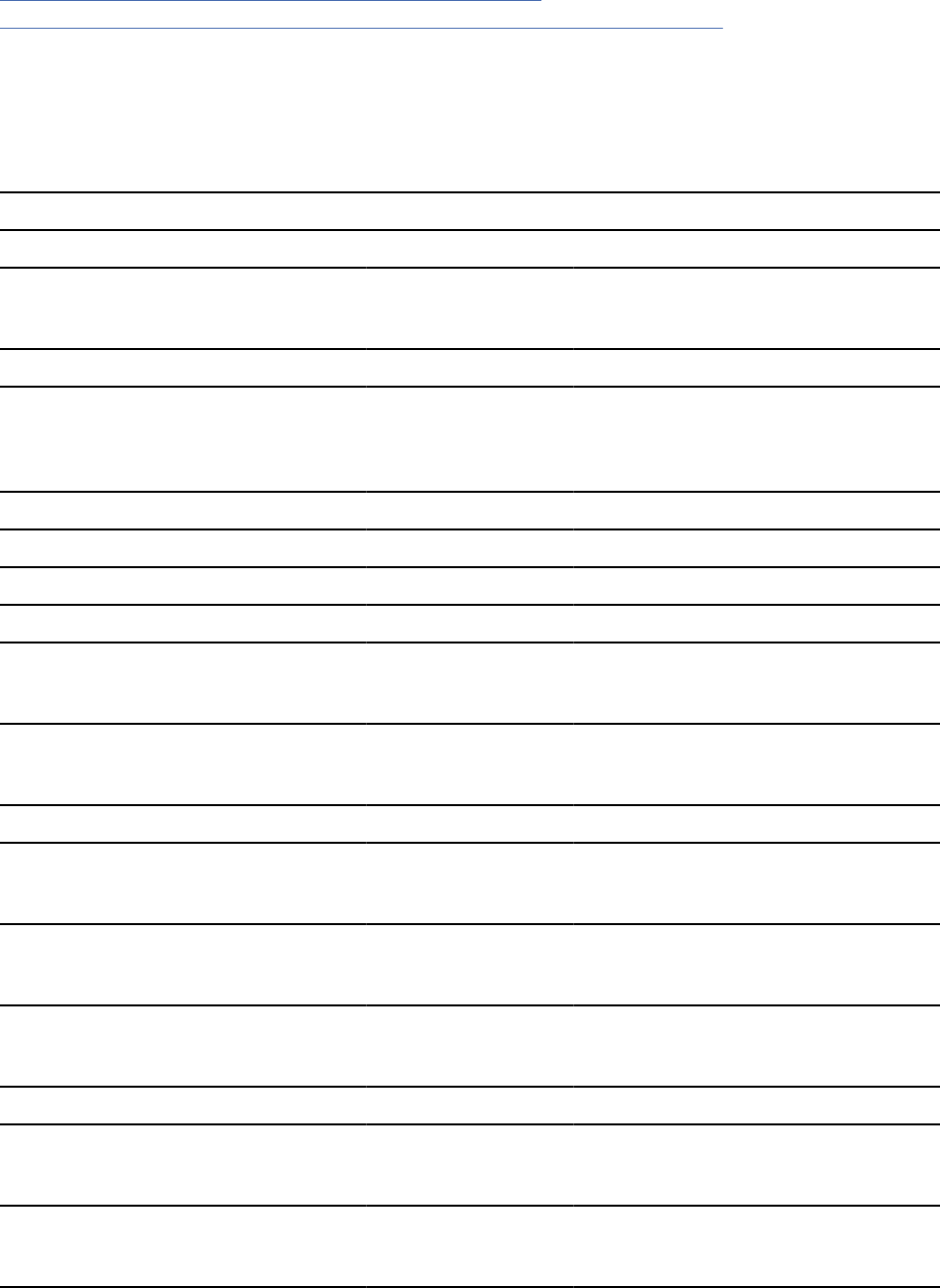
Project table (DSN8C10.PROJ) (Introduction to Db2 for z/OS)
Unicode sample table (DSN8C10.DEMO_UNICODE) (Introduction to Db2 for z/OS)
Views on the sample tables
Db2 creates a number of views on the sample tables for use in the sample applications.
The following table indicates the tables on which each view is dened and the sample applications that
use the view. All view names have the qualier DSN8C10.
Table 177. Views on sample tables
View name On tables or views Used in application
VDEPT DEPT
Organization
Project
VHDEPT DEPT Distributed organization
VEMP EMP
Distributed organization
Organization
Project
VPROJ PROJ Project
VACT ACT Project
VPROJACT PROJACT Project
VEMPPROJACT EMPPROJACT Project
VDEPMG1
DEPT
EMP
Organization
VEMPDPT1
DEPT
EMP
Organization
VASTRDE1 DEPT
VASTRDE2
VDEPMG1
EMP
Organization
VPROJRE1
PROJ
EMP
Project
VPSTRDE1
VPROJRE1
VPROJRE2
Project
VPSTRDE2 VPROJRE1 Project
VFORPLA
VPROJRE1
EMPPROJACT
Project
VSTAFAC1
PROJACT
ACT
Project
1008Db2 12 for z/OS: Application Programming and SQL Guide (Last updated: 2024-07-30)
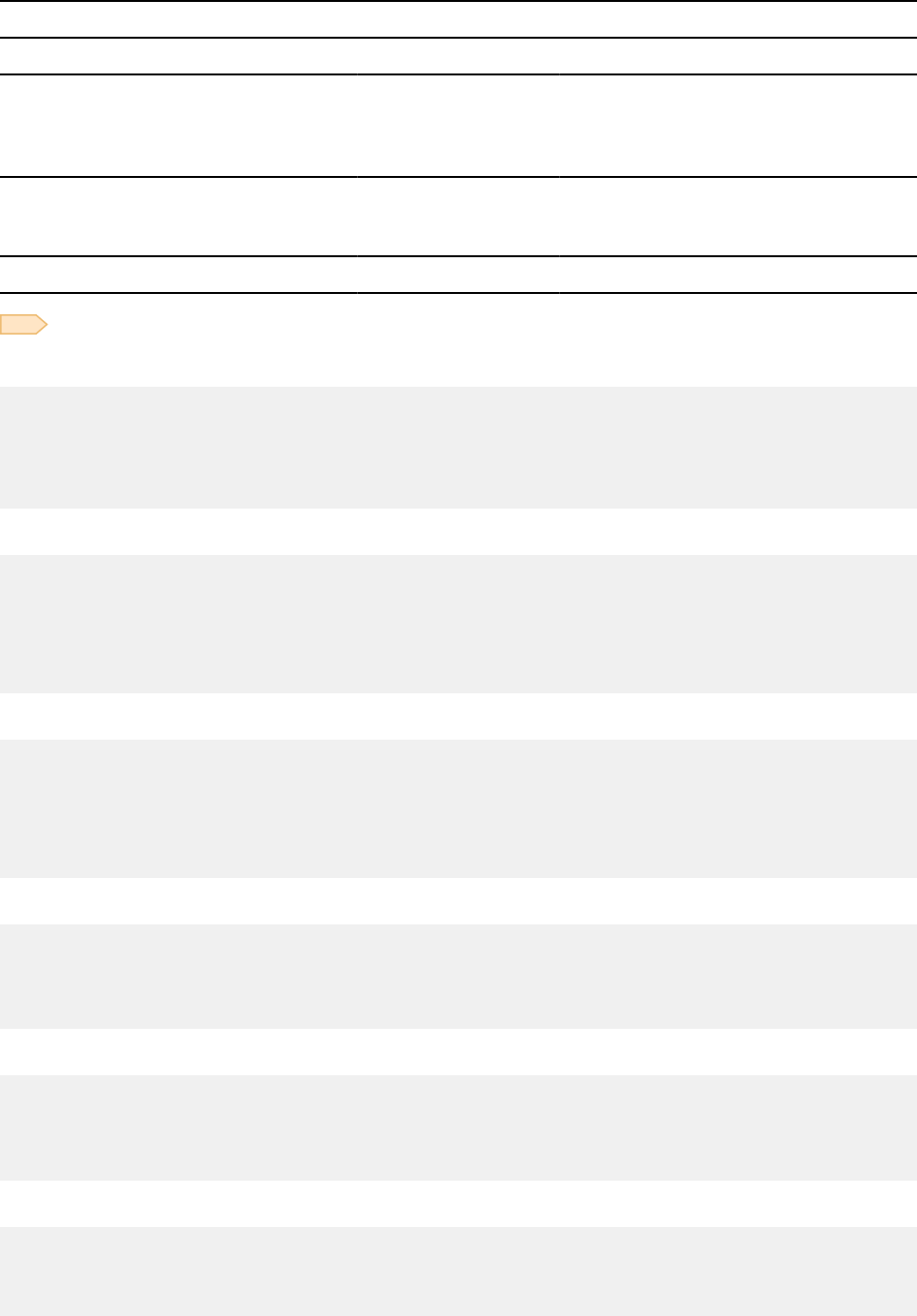
Table 177. Views on sample tables (continued)
View name On tables or views Used in application
VSTAFAC2
EMPPROJACT
ACT
EMP
Project
VPHONE
EMP
DEPT
Phone
VEMPLP EMP Phone
GUPI
The following SQL statement creates the view named VDEPT.
CREATE VIEW DSN8C10.VDEPT
AS SELECT ALL DEPTNO ,
DEPTNAME,
MGRNO ,
ADMRDEPT
FROM DSN8C10.DEPT;
The following SQL statement creates the view named VHDEPT.
CREATE VIEW DSN8C10.VHDEPT
AS SELECT ALL DEPTNO ,
DEPTNAME,
MGRNO ,
ADMRDEPT,
LOCATION
FROM DSN8C10.DEPT;
The following SQL statement creates the view named VEMP.
CREATE VIEW DSN8C10.VEMP
AS SELECT ALL EMPNO ,
FIRSTNME,
MIDINIT ,
LASTNAME,
WORKDEPT
FROM DSN8C10.EMP;
The following SQL statement creates the view named VPROJ.
CREATE VIEW DSN8C10.VPROJ
AS SELECT ALL
PROJNO, PROJNAME, DEPTNO, RESPEMP, PRSTAFF,
PRSTDATE, PRENDATE, MAJPROJ
FROM DSN8C10.PROJ ;
The following SQL statement creates the view named VACT.
CREATE VIEW DSN8C10.VACT
AS SELECT ALL ACTNO ,
ACTKWD ,
ACTDESC
FROM DSN8C10.ACT ;
The following SQL statement creates the view named VPROJACT.
CREATE VIEW DSN8C10.VPROJACT
AS SELECT ALL
PROJNO,ACTNO, ACSTAFF, ACSTDATE, ACENDATE
FROM DSN8C10.PROJACT ;
Chapter 12. Sample data and applications supplied with Db2 for z/OS
1009
The following SQL statement creates the view named VEMPPROJACT.
CREATE VIEW DSN8C10.VEMPPROJACT
AS SELECT ALL
EMPNO, PROJNO, ACTNO, EMPTIME, EMSTDATE, EMENDATE
FROM DSN8C10.EMPPROJACT ;
The following SQL statement creates the view named VDEPMG1.
CREATE VIEW DSN8C10.VDEPMG1
(DEPTNO, DEPTNAME, MGRNO, FIRSTNME, MIDINIT,
LASTNAME, ADMRDEPT)
AS SELECT ALL
DEPTNO, DEPTNAME, EMPNO, FIRSTNME, MIDINIT,
LASTNAME, ADMRDEPT
FROM DSN8C10.DEPT LEFT OUTER JOIN DSN8C10.EMP
ON MGRNO = EMPNO ;
The following SQL statement creates the view named VEMPDPT1.
CREATE VIEW DSN8C10.VEMPDPT1
(DEPTNO, DEPTNAME, EMPNO, FRSTINIT, MIDINIT,
LASTNAME, WORKDEPT)
AS SELECT ALL
DEPTNO, DEPTNAME, EMPNO, SUBSTR(FIRSTNME, 1, 1), MIDINIT,
LASTNAME, WORKDEPT
FROM DSN8C10.DEPT RIGHT OUTER JOIN DSN8C10.EMP
ON WORKDEPT = DEPTNO ;
The following SQL statement creates the view named VASTRDE1.
CREATE VIEW DSN8C10.VASTRDE1
(DEPT1NO,DEPT1NAM,EMP1NO,EMP1FN,EMP1MI,EMP1LN,TYPE2,
DEPT2NO,DEPT2NAM,EMP2NO,EMP2FN,EMP2MI,EMP2LN)
AS SELECT ALL
D1.DEPTNO,D1.DEPTNAME,D1.MGRNO,D1.FIRSTNME,D1.MIDINIT,
D1.LASTNAME, '1',
D2.DEPTNO,D2.DEPTNAME,D2.MGRNO,D2.FIRSTNME,D2.MIDINIT,
D2.LASTNAME
FROM DSN8C10.VDEPMG1 D1, DSN8C10.VDEPMG1 D2
WHERE D1.DEPTNO = D2.ADMRDEPT ;
The following SQL statement creates the view named VASTRDE2.
CREATE VIEW DSN8C10.VASTRDE2
(DEPT1NO,DEPT1NAM,EMP1NO,EMP1FN,EMP1MI,EMP1LN,TYPE2,
DEPT2NO,DEPT2NAM,EMP2NO,EMP2FN,EMP2MI,EMP2LN)
AS SELECT ALL
D1.DEPTNO,D1.DEPTNAME,D1.MGRNO,D1.FIRSTNME,D1.MIDINIT,
D1.LASTNAME,'2',
D1.DEPTNO,D1.DEPTNAME,E2.EMPNO,E2.FIRSTNME,E2.MIDINIT,
E2.LASTNAME
FROM DSN8C10.VDEPMG1 D1, DSN8C10.EMP E2
WHERE D1.DEPTNO = E2.WORKDEPT;
The following gure shows the SQL statement that creates the view named VPROJRE1.
CREATE VIEW DSN8C10.VPROJRE1
(PROJNO,PROJNAME,PROJDEP,RESPEMP,FIRSTNME,MIDINIT,
LASTNAME,MAJPROJ)
AS SELECT ALL
PROJNO,PROJNAME,DEPTNO,EMPNO,FIRSTNME,MIDINIT,
LASTNAME,MAJPROJ
FROM DSN8C10.PROJ, DSN8C10.EMP
WHERE RESPEMP = EMPNO ;
Figure 81. VPROJRE1
The following SQL statement creates the view named VPSTRDE1.
CREATE VIEW DSN8C10.VPSTRDE1
(PROJ1NO,PROJ1NAME,RESP1NO,RESP1FN,RESP1MI,RESP1LN,
PROJ2NO,PROJ2NAME,RESP2NO,RESP2FN,RESP2MI,RESP2LN)
1010
Db2 12 for z/OS: Application Programming and SQL Guide (Last updated: 2024-07-30)
AS SELECT ALL
P1.PROJNO,P1.PROJNAME,P1.RESPEMP,P1.FIRSTNME,P1.MIDINIT,
P1.LASTNAME,
P2.PROJNO,P2.PROJNAME,P2.RESPEMP,P2.FIRSTNME,P2.MIDINIT,
P2.LASTNAME
FROM DSN8C10.VPROJRE1 P1,
DSN8C10.VPROJRE1 P2
WHERE P1.PROJNO = P2.MAJPROJ ;
The following SQL statement creates the view named VPSTRDE2.
CREATE VIEW DSN8C10.VPSTRDE2
(PROJ1NO,PROJ1NAME,RESP1NO,RESP1FN,RESP1MI,RESP1LN,
PROJ2NO,PROJ2NAME,RESP2NO,RESP2FN,RESP2MI,RESP2LN)
AS SELECT ALL
P1.PROJNO,P1.PROJNAME,P1.RESPEMP,P1.FIRSTNME,P1.MIDINIT,
P1.LASTNAME,
P1.PROJNO,P1.PROJNAME,P1.RESPEMP,P1.FIRSTNME,P1.MIDINIT,
P1.LASTNAME
FROM DSN8C10.VPROJRE1 P1
WHERE NOT EXISTS
(SELECT * FROM DSN8C10.VPROJRE1 P2
WHERE P1.PROJNO = P2.MAJPROJ) ;
The following SQL statement creates the view named VFORPLA.
CREATE VIEW DSN8C10.VFORPLA
(PROJNO,PROJNAME,RESPEMP,PROJDEP,FRSTINIT,MIDINIT,LASTNAME)
AS SELECT ALL
F1.PROJNO,PROJNAME,RESPEMP,PROJDEP, SUBSTR(FIRSTNME, 1, 1),
MIDINIT, LASTNAME
FROM DSN8C10.VPROJRE1 F1 LEFT OUTER JOIN DSN8C10.EMPPROJACT F2
ON F1.PROJNO = F2.PROJNO;
The following SQL statement creates the view named VSTAFAC1.
CREATE VIEW DSN8C10.VSTAFAC1
(PROJNO, ACTNO, ACTDESC, EMPNO, FIRSTNME, MIDINIT, LASTNAME,
EMPTIME,STDATE,ENDATE, TYPE)
AS SELECT ALL
PA.PROJNO, PA.ACTNO, AC.ACTDESC,' ', ' ', ' ', ' ',
PA.ACSTAFF, PA.ACSTDATE,
PA.ACENDATE,'1'
FROM DSN8C10.PROJACT PA, DSN8C10.ACT AC
WHERE PA.ACTNO = AC.ACTNO ;
The following SQL statement creates the view named VSTAFAC2.
CREATE VIEW DSN8C10.VSTAFAC2
(PROJNO, ACTNO, ACTDESC, EMPNO, FIRSTNME, MIDINIT, LASTNAME,
EMPTIME,STDATE, ENDATE, TYPE)
AS SELECT ALL
EP.PROJNO, EP.ACTNO, AC.ACTDESC, EP.EMPNO,EM.FIRSTNME,
EM.MIDINIT, EM.LASTNAME, EP.EMPTIME, EP.EMSTDATE,
EP.EMENDATE,'2'
FROM DSN8C10.EMPPROJACT EP, DSN8C10.ACT AC, DSN8C10.EMP EM
WHERE EP.ACTNO = AC.ACTNO AND EP.EMPNO = EM.EMPNO ;
The following SQL statement creates the view named VPHONE.
CREATE VIEW DSN8C10.VPHONE
(LASTNAME,
FIRSTNAME,
MIDDLEINITIAL,
PHONENUMBER,
EMPLOYEENUMBER,
DEPTNUMBER,
DEPTNAME)
AS SELECT ALL LASTNAME,
FIRSTNME,
MIDINIT ,
VALUE(PHONENO,' '),
EMPNO,
DEPTNO,
DEPTNAME
Chapter 12. Sample data and applications supplied with Db2 for z/OS
1011
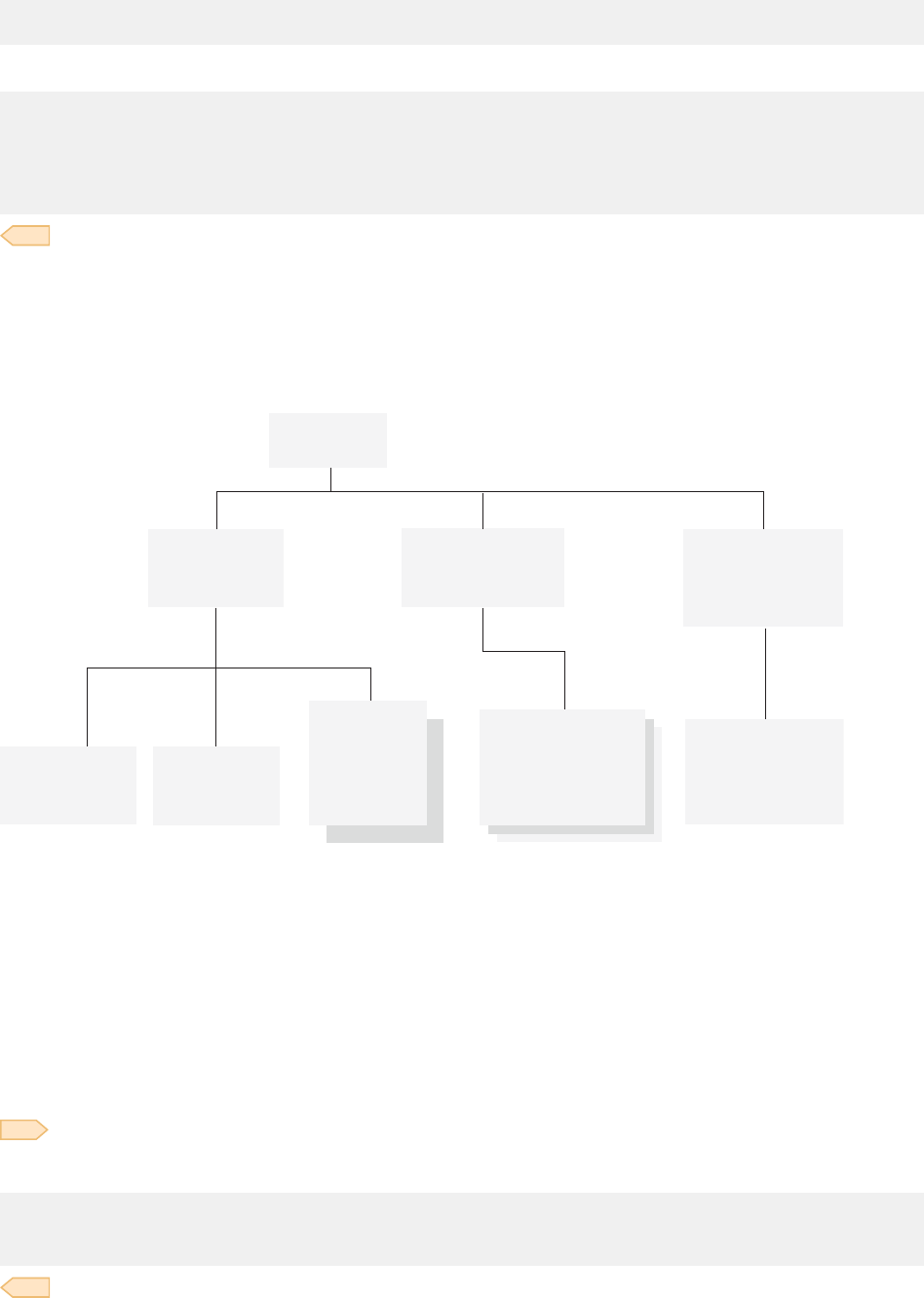
FROM DSN8C10.EMP, DSN8C10.DEPT
WHERE WORKDEPT = DEPTNO;
The following SQL statement creates the view named VEMPLP.
CREATE VIEW DSN8C10.VEMPLP
(EMPLOYEENUMBER,
PHONENUMBER)
AS SELECT ALL EMPNO ,
PHONENO
FROM DSN8C10.EMP ;
GUPI
Storage of sample application tables
Normally, related data is stored in the same database.
The following gure shows how the sample tables are related to databases and storage groups. Two
databases are used to illustrate the possibility.
Storage group:
DSN8G
vr
0
DSN8D
vr
A
application
data
DSN8D
vr
P
common for
programming
tables
DSN8D
vr
L
LOB application
data
Databases:
Table
spaces:
DSN8S
vr
D
department
table
DSN8S
vr
E
employee
table
DSN8S
vr
P
common for
programming
table
LOB spaces
for employee
photo and
resume table
Separate
spaces for
other
application
tables
vr
is a 2-digit version identifier.
Figure 82. Relationship among sample databases and table spaces
In addition to the storage group and databases that are shown in the preceding gure, the storage group
DSN8G12U and database DSN8D12U are created when you run DSNTEJ2A.
Storage group for sample application data
Sample application data is stored in storage group DSN8G120. The default storage group, SYSDEFLT,
which is created when Db2 is installed, is not used to store sample application data.
GUPI
The storage group that is used to store sample application data is dened by the following statement:
CREATE STOGROUP DSN8G120
VOLUMES (DSNV01)
VCAT DSNC111;
GUPI
1012
Db2 12 for z/OS: Application Programming and SQL Guide (Last updated: 2024-07-30)
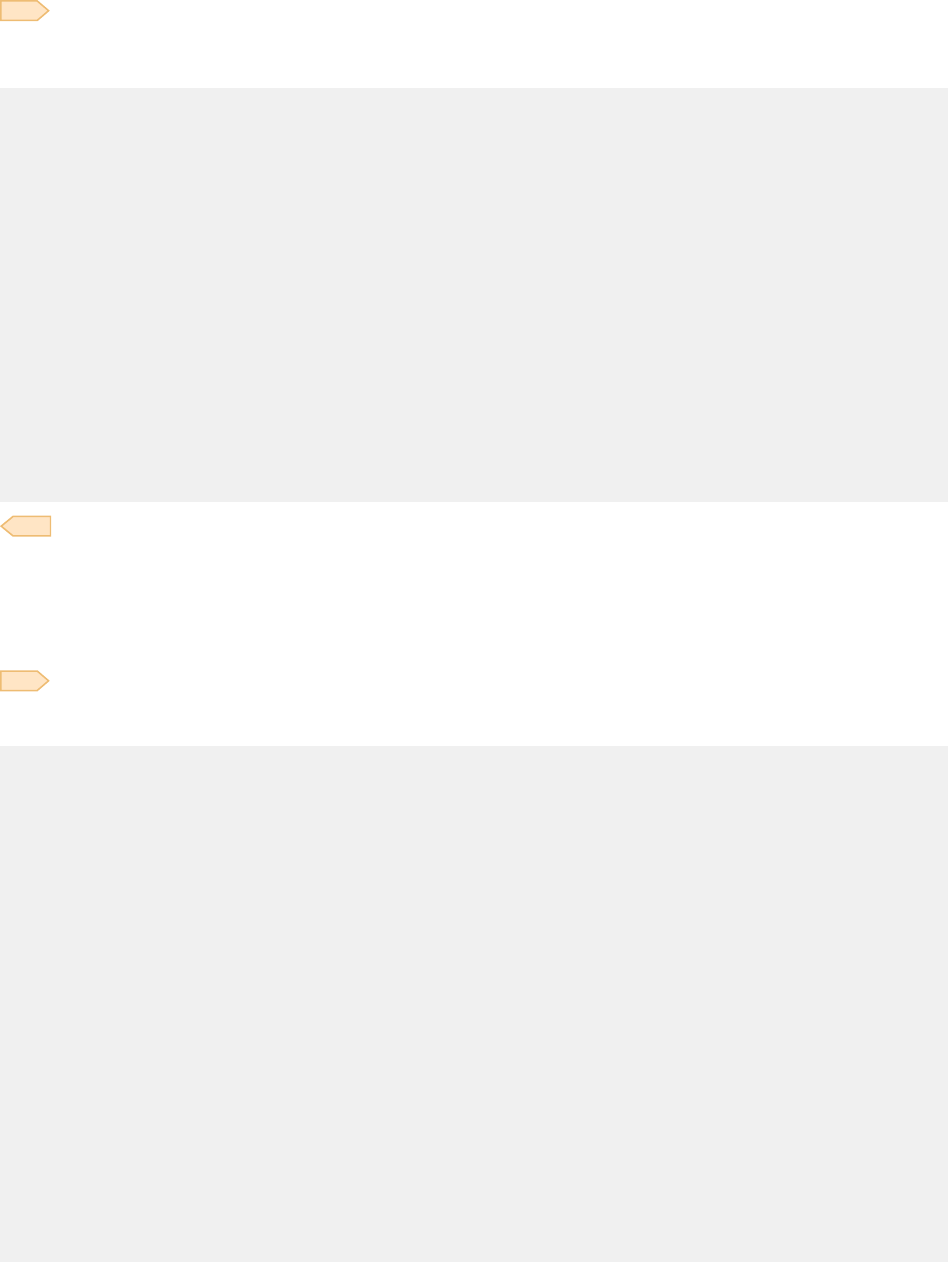
Databases for sample application data
Sample application data is stored in several different databases. The default database that is created
when Db2 is installed is not used to store the sample application data.
GUPI
DSN8D12P is the database that is used for tables that are related to programs. The other
databases are used for tables that are related to applications. The databases are dened by the following
statements:
CREATE DATABASE DSN8D12A
STOGROUP DSN8G120
BUFFERPOOL BP0
CCSID EBCDIC;
CREATE DATABASE DSN8D12P
STOGROUP DSN8G120
BUFFERPOOL BP0
CCSID EBCDIC;
CREATE DATABASE DSN8D12L
STOGROUP DSN8G120
BUFFERPOOL BP0
CCSID EBCDIC;
CREATE DATABASE DSN8D12E
STOGROUP DSN8G120
BUFFERPOOL BP0
CCSID UNICODE;
CREATE DATABASE DSN8D12U
STOGROUP DSN8G12U
CCSID EBCDIC;
GUPI
Table spaces for sample application data
The table spaces that are not explicitly dened are created implicitly in the DSN8D12A database, using
the default space attributes.
GUPI
The following SQL statements explicitly dene a series of table spaces.
CREATE TABLESPACE DSN8S12D
IN DSN8D12A
USING STOGROUP DSN8G120
PRIQTY 20
SECQTY 20
ERASE NO
LOCKSIZE PAGE LOCKMAX SYSTEM
BUFFERPOOL BP0
CLOSE NO
CCSID EBCDIC;
CREATE TABLESPACE DSN8S12E
IN DSN8D12A
USING STOGROUP DSN8G120
PRIQTY 20
SECQTY 20
ERASE NO
NUMPARTS 4
(PART 1 USING STOGROUP DSN8G120
PRIQTY 12
SECQTY 12,
PART 3 USING STOGROUP DSN8G120
PRIQTY 12
SECQTY 12)
LOCKSIZE PAGE LOCKMAX SYSTEM
BUFFERPOOL BP0
CLOSE NO
COMPRESS YES
CCSID EBCDIC;
Chapter 12. Sample data and applications supplied with Db2 for z/OS
1013

CREATE TABLESPACE DSN8S12B
IN DSN8D12L
USING STOGROUP DSN8G120
PRIQTY 20
SECQTY 20
ERASE NO
LOCKSIZE PAGE
LOCKMAX SYSTEM
BUFFERPOOL BP0
CLOSE NO
CCSID EBCDIC;
CREATE LOB TABLESPACE DSN8S12M
IN DSN8D12L
LOG NO;
CREATE LOB TABLESPACE DSN8S12L
IN DSN8D12L
LOG NO;
CREATE LOB TABLESPACE DSN8S12N
IN DSN8D12L
LOG NO;
CREATE TABLESPACE DSN8S12C
IN DSN8D12P
USING STOGROUP DSN8G120
PRIQTY 160
SECQTY 80
SEGSIZE 4
LOCKSIZE TABLE
BUFFERPOOL BP0
CLOSE NO
CCSID EBCDIC;
CREATE TABLESPACE DSN8S12P
IN DSN8D12A
USING STOGROUP DSN8G120
PRIQTY 160
SECQTY 80
SEGSIZE 4
LOCKSIZE ROW
BUFFERPOOL BP0
CLOSE NO
CCSID EBCDIC;
CREATE TABLESPACE DSN8S12R
IN DSN8D12A
USING STOGROUP DSN8G120
PRIQTY 20
SECQTY 20
ERASE NO
LOCKSIZE PAGE LOCKMAX SYSTEM
BUFFERPOOL BP0
CLOSE NO
CCSID EBCDIC;
CREATE TABLESPACE DSN8S12S
IN DSN8D12A
USING STOGROUP DSN8G120
PRIQTY 20
SECQTY 20
ERASE NO
LOCKSIZE PAGE LOCKMAX SYSTEM
BUFFERPOOL BP0
CLOSE NO
CCSID EBCDIC;
CREATE TABLESPACE DSN8S81Q
IN DSN8D81P
USING STOGROUP DSN8G810
PRIQTY 160
SECQTY 80
SEGSIZE 4
LOCKSIZE PAGE
BUFFERPOOL BP0
1014
Db2 12 for z/OS: Application Programming and SQL Guide (Last updated: 2024-07-30)

CLOSE NO
CCSID EBCDIC;
CREATE TABLESPACE DSN8S81U
IN DSN8D81E
USING STOGROUP DSN8G810
PRIQTY 5
SECQTY 5
ERASE NO
LOCKSIZE PAGE LOCKMAX SYSTEM
BUFFERPOOL BP0
CLOSE NO
CCSID UNICODE;
GUPI
SYSDUMMYx tables
Db2 for z/OS provides a set of SYSDUMMYx catalog tables.
GUPI
The last character of the table name identies the associated encoding scheme as follows:
• SYSIBM.SYSDUMMY1 uses the EBCDIC encoding scheme.
• SYSIBM.SYSDUMMYE uses the EBCDIC encoding scheme.
• SYSIBM.SYSDUMMYA uses the ASCII encoding scheme.
• SYSIBM.SYSDUMMYU uses the UNICODE encoding scheme.
Although the SYSDUMMYx tables are implemented as catalog tables, they are similar to sample tables,
and are used in some examples in the Db2 for z/OS documentation.
You can use any of the SYSDUMMYx tables when you need to write a query, but no data from a table is
referenced. In any query, you must specify a table reference in the FROM clause, but if the query does not
reference any data from the table, it does not matter which table is referenced in the FROM clause. Each
of the SYSDUMMYx tables contains one row, so a SYSDUMMYx table can be referenced in a SELECT INTO
statement without the need for a predicate to limit the result to a single row of data.
For example, when you want to retrieve the value of a special register or global variable, you can use a
query that references a SYSDUMMYx table.
SELECT CURRENT PATH -- Retrieve the value of a special register
INTO :myvar
FROM SYSIBM.SYSDUMMY1;
SELECT TEMPORAL_LOGICAL_TRANSACTION_TIME -- Retrieve the value of a special register
INTO :myvar
FROM SYSIBM.SYSDUMMY1;
Sometimes when Db2 for z/OS processes an SQL statement, the statement is rewritten, and a reference
to a SYSDUMMYx table is added. For example, some of the internal rewrites that result in adding a
reference to a SYSDUMMYx table are for processing the search condition of a trigger, or the SQL PL control
statements IF, REPEAT, RETURN, or WHILE. In these situations, the privilege set must include the SELECT
privilege on the SYSDUMMYx table that is referenced.
GUPI
Related concepts
Objects with different CCSIDs in the same SQL statement (Db2 Internationalization Guide)
Related tasks
Avoiding character conversion for LOB locators
In certain situations, Db2 materializes the entire LOB value and converts it to the encoding scheme of a
particular SQL statement. This extra processing can degrade performance and should be avoided.
Related reference
SYSDUMMY1 catalog table (Db2 SQL)
SYSDUMMYA catalog table (Db2 SQL)
Chapter 12. Sample data and applications supplied with Db2 for z/OS
1015

SYSDUMMYE catalog table (Db2 SQL)
SYSDUMMYU catalog table (Db2 SQL)
Db2 productivity-aid sample programs
Db2 provides four sample programs that many users nd helpful as productivity aids. These programs are
shipped as source code, so you can modify them to meet your needs.
DSNTIAUL
DSNTIAUL is a sample program for unloading data, as an alternative to the UNLOAD utility. DSNTIAUL
is written in the assembler language. DSNTIAUL can unload some or all rows from up to 100 Db2
tables. With DSNTIAUL, you can unload data of any Db2 built-in data type or distinct type. DSNTIAUL
unloads the rows in a form that is compatible with the LOAD utility and generates utility control
statements for LOAD. You can also used DSNTIAUL to execute any SQL non-SELECT statement that
can be executed dynamically.
DSNTIAD
The DSNTIAD sample program can issue any SQL statement that can be executed dynamically, except
for SELECT statements. DSNTIAD is written in assembler language.
DSNTEP2
DSNTEP2 is a sample dynamic SQL program that can issue any SQL statement that can be executed
dynamically. DSNTEP2 is written in PL/I language and available in two versions: a source version that
you can modify to meet your needs or an object code version that you can use without the need for a
PL/I compiler.
DSNTEP4
The DSNTEP4 sample program is identical to DSNTEP2, except that it uses multi-row fetch for
increased performance. DSNTEP4 is written in PL/I language and available in two versions: a source
version that you can modify to meet your needs or an object code version that you can use without the
need for a PL/I compiler.
Because these four programs also accept the static SQL statements CONNECT, SET CONNECTION, and
RELEASE, you can use the programs to access Db2 tables at remote locations.
Preparing the productivity-aid sample programs
DSNTIAUL and DSNTIAD are shipped only as source code, so you must precompile, assemble, link, and
bind them before you can use them. If you want to use the source code version of DSNTEP2 or DSNTEP4,
you must precompile, compile, link, and bind it. You need to bind the object code version of DSNTEP2 or
DSNTEP4 before you can use them. Usually a system administrator prepares the programs as part of the
installation process.
Important: Always bind the package for the DSNTIAUL sample program with the REOPT(ALWAYS) bind
option, and do not specify the CONCENTRATESTMT(YES) bind option for this package.
The following table indicates the installation jobs that prepare each sample program. All installation jobs
are in data set DSN1210.SDSNSAMP.
Table 178. Jobs that prepare DSNTIAUL, DSNTIAD, DSNTEP2, and DSNTEP4
Program name Program preparation job
DSNTIAUL DSNTEJ2A
DSNTIAD DSNTIJTM
DSNTEP2 (source) DSNTEJ1P
DSNTEP2 (object) DSNTEJ1L
DSNTEP4 (source) DSNTEJ1P
DSNTEP4 (object) DSNTEJ1L
1016Db2 12 for z/OS: Application Programming and SQL Guide (Last updated: 2024-07-30)

Application compatibility for the productivity-aid sample programs
If you are ready for the productivity-aid sample programs to start using new application capabilities in
later Db2 12 function levels, you must rebind the packages for these programs with the corresponding
APPLCOMPAT option.
The Db2 12 jobs for preparing the productivity-aid sample programs bind the packages with
APPLCOMPAT(V12R1) by default, which is equivalent to APPLCOMPAT(V12R1M500).
For more information, see Controlling the Db2 application compatibility level (Db2 for z/OS What's New?)
and Function levels and related levels in Db2 12 (Db2 for z/OS What's New?).
Running the productivity-aid sample programs
To run the sample programs, use the RUN (DSN) command. For more information, see RUN subcommand
(DSN) (Db2 Commands) and the following topics.
Retrieval of UTF-16 Unicode data by DSNTEP2, DSNTEP4, and DSNTIAUL
You can use DSNTEP2, DSNTEP4, and DSNTIAUL to retrieve Unicode UTF-16 graphic data. However,
these programs might not be able to display some characters, if those characters have no mapping in the
target SBCS EBCDIC CCSID.
Related reference
RUN subcommand (DSN) (Db2 Commands)
Db2 for z/OS Exchange
DSNTIAUL sample program
You can use the DSNTIAUL program to unload data from Db2 tables into sequential data sets. The data is
copied to the data sets and is not deleted from the table.
DSNTIAUL is a sample program for unloading data, as an alternative to the UNLOAD utility. DSNTIAUL is
written in the assembler language. DSNTIAUL can unload some or all rows from up to 100 Db2 tables.
With DSNTIAUL, you can unload data of any Db2 built-in data type or distinct type. DSNTIAUL unloads
the rows in a form that is compatible with the LOAD utility and generates utility control statements for
LOAD. You can also used DSNTIAUL to execute any SQL non-SELECT statement that can be executed
dynamically.
When multi-row fetch is used, parallelism might be disabled in the last parallel group in the top-level
query block for a query. For very simple queries, parallelism might be disabled for the entire query
when multi-row fetch is used. To obtain full parallelism when running DSNTIAUL, switch DSNTIAUL to
single-row fetch mode by specifying 1 for the number-of-rows-per-fetch parameter.
DSNTIAUL uses SQL to access Db2. Operations on a row-level or column-level access control enforced
table are subject to the rules specied for the access control. If the table is row-level access control
enforced, DSNTIAUL receives and returns only the rows of the table that satisfy the row permissions for
the user. If the table is column-level access control enforced, DSNTIAUL receives and returns the values
in the column values as modied by the column masks for the user.
Important: To avoid substitution characters in unloaded data, do not use DSNTIAUL to unload an EBCDIC
table that contains a Unicode column.
Preparing the DSNTIAUL sample program
Before you can use the DSNTIAUL sample program, you must precompile, assemble, link, and bind it rst.
Also, when you are ready for DSNTIAUL to start using to use new capabilities in later Db2 12 function
levels, you must rebind the packages at the corresponding APPLCOMPAT level.
Important: Always bind the package for the DSNTIAUL sample program with the REOPT(ALWAYS) bind
option, and do not specify the CONCENTRATESTMT(YES) bind option for this package.
Chapter 12. Sample data and applications supplied with Db2 for z/OS
1017
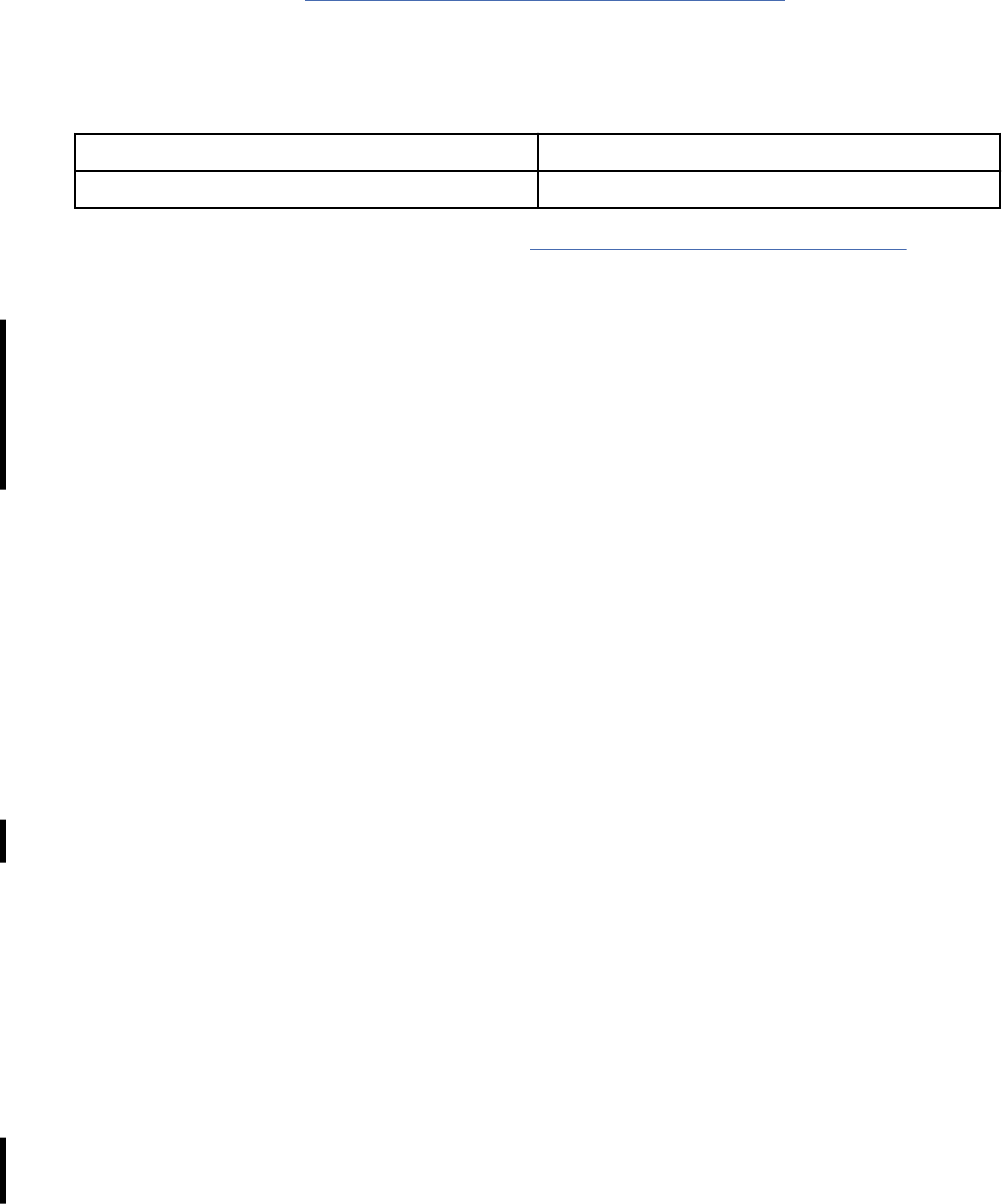
For more information, see “Db2 productivity-aid sample programs” on page 1016.
Running the DSNTIAUL sample program
To run the DSNTIAUL sample program, use the RUN (DSN) command and specify the following load
module and plan name.
Load module name DSNTIAUL
Plan name DSNTIBC1
For more information about the RUN command, see RUN subcommand (DSN) (Db2 Commands).
DSNTIAUL parameters
PKGSET(collection)
Species that DSNTIAUL implicitly executes a SET CURRENT PACKAGESET statement to assign a
value to the CURRENT PACKAGESET special register before processing the dynamic SQL statements
in SYSIN.
collection
The value to assign to the CURRENT PACKAGESET special register. You can specify up to 40
characters.
SQL
Specify SQL to indicate that your input data set contains one or more complete SQL statements,
each of which ends with a semicolon. You can include any SQL statement that can be executed
dynamically in your input data set. In addition, you can include the static SQL statements CONNECT,
SET CONNECTION, or RELEASE. Static SQL statements must be uppercase.
DSNTIAUL uses the SELECT statements to determine which tables to unload and dynamically
executes all other statements except CONNECT, SET CONNECTION, and RELEASE. DSNTIAUL
executes CONNECT, SET CONNECTION, and RELEASE statically to connect to remote locations.
number-of-rows-per-fetch
Specify a number from 1 to 32767 to specify the number of rows that DSNTIAUL retrieves for each
SQL FETCH operation. If you do not specify this number, DSNTIAUL retrieves 100 rows for each
FETCH. This parameter can be specied with the SQL parameter.
If the LOBFILE parameter is also specied, and the result set of a FETCH operation can contain NULL
LOB values, number-of-rows-per-fetch must be 1.
TOLWARN
Specify NO (the default) or YES to indicate whether DSNTIAUL continues to retrieve rows after
receiving an SQL warning:
(NO)
If a warning occurs when DSNTIAUL executes an OPEN or FETCH to retrieve rows, DSNTIAUL
stops retrieving rows. If the SQLWARN1, SQLWARN2, SQLWARN6, or SQLWARN7 flag is set when
DSNTIAUL executes a FETCH to retrieve rows, DSNTIAUL continues to retrieve rows.
(YES)
If a warning occurs when DSNTIAUL executes an OPEN or FETCH to retrieve rows, DSNTIAUL
continues to retrieve rows.
(QUIET)
The same as YES except that the program suppresses all SQL warning messages from OPEN or
FETCH statements if the SQLCODE is 0 or greater.
LOBFILE(prex)
Specify LOBFILE to indicate that you want DSNTIAUL to dynamically allocate data sets, each to
receive the full content of a LOB cell. (A LOB cell is the intersection of a row and a LOB column.) If you
do not specify the LOBFILE option, you can unload up to only 32 KB of data from a LOB column.
1018
Db2 12 for z/OS: Application Programming and SQL Guide (Last updated: 2024-07-30)

prex
Specify a high-level qualier for these dynamically allocated data sets. You can specify up to 17
characters. The qualier must conform with the rules for TSO data set names.
DSNTIAUL uses a naming convention for these dynamically allocated data sets of
prefix.Qiiiiiii.Cjjjjjjj.Rkkkkkkk, where these qualiers have the following values:
prex
The high-level qualier that you specify in the LOBFILE option.
Qiiiiiii
The sequence number (starting from 0) of a query that returns one or more LOB columns
Cjjjjjjj
The sequence number (starting from 0) of a column in a query that returns one or more LOB
columns
Rkkkkkkk
The sequence number (starting from 0) of a row of a result set that has one or more LOB columns.
The generated LOAD statement contains LOB le reference variables that can be used to load data
from these dynamically allocated data sets.
If you do not specify the SQL parameter, your input data set must contain one or more single-line
statements (without a semicolon) that use the following syntax:
table or view name [WHERE conditions] [ORDER BY columns]
Each input statement must be a valid SQL SELECT statement with the clause SELECT * FROM omitted
and with no ending semicolon. DSNTIAUL generates a SELECT statement for each input statement by
appending your input line to SELECT * FROM, then uses the result to determine which tables to unload.
For this input format, the text for each table specication can be a maximum of 72 bytes and must not
span multiple lines.
You can use the input statements to specify SELECT statements that join two or more tables or select
specic columns from a table. If you specify columns, you need to modify the LOAD statement that
DSNTIAUL generates.
DSNTIAUL data sets
Data set
Description
SYSIN
Input data set.
If you specify the SQL parameter, you can enter bracketed comments in DSNTIAUL input that includes
dynamic SQL statements. Bracketed comments are not supported if the input includes the static SQL
statements CONNECT, SET CONNECTION, or RELEASE. Bracketed comments begin with /* and end
with */.
The record length for the input data set must be at least 72 bytes. DSNTIAUL reads only the rst 72
bytes of each record.
SYSPRINT
Output data set. DSNTIAUL writes informational and error messages in this data set.
The record length for the SYSPRINT data set is 121 bytes.
SYSPUNCH
Output data set. DSNTIAUL writes the LOAD utility control statements in this data set.
SYSRECnn
Output data sets. The value nn ranges from 00 to 99. You can have a maximum of 100 output data
sets for a single execution of DSNTIAUL. Each data set contains the data that is unloaded when
DSNTIAUL processes a SELECT statement from the input data set. Therefore, the number of output
Chapter 12. Sample data and applications supplied with Db2 for z/OS
1019
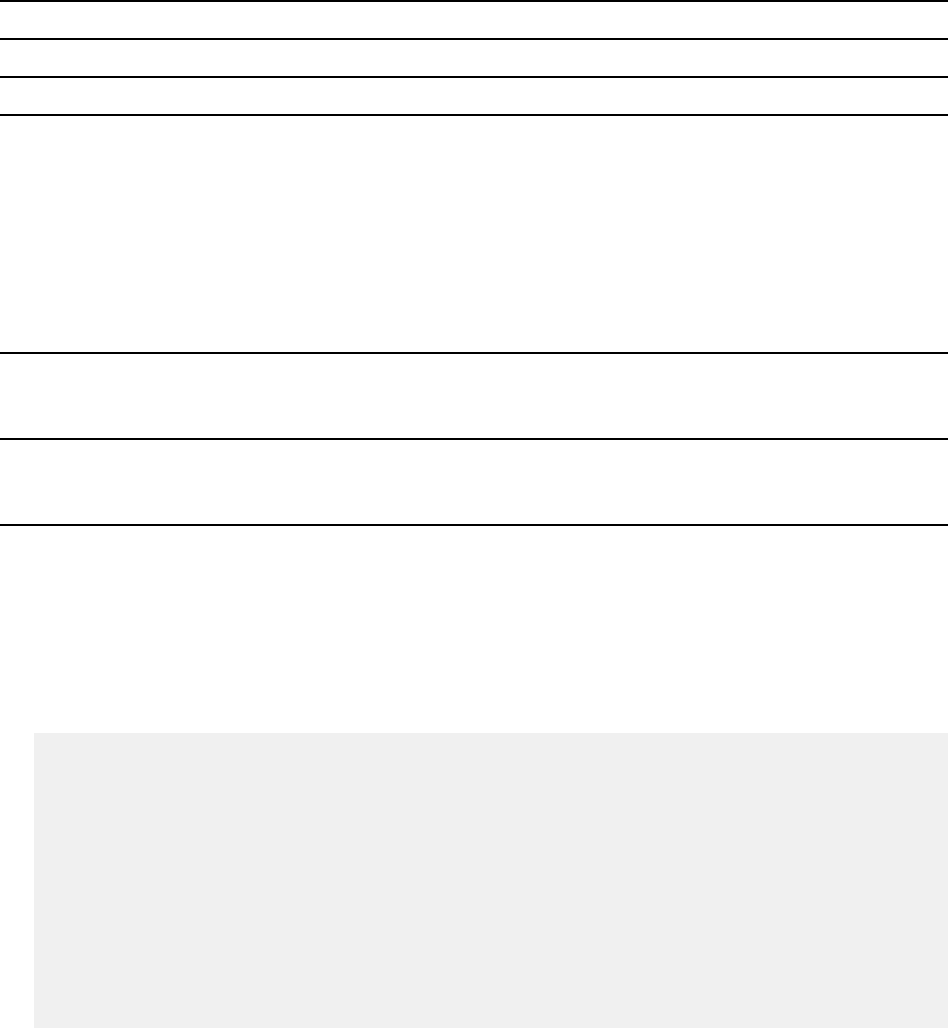
data sets must match the number of SELECT statements (if you specify parameter SQL) or table
specications in your input data set.
Dene all data sets as sequential data sets. You can specify the record length and block size of the
SYSPUNCH and SYSRECnn data sets. The maximum record length for the SYSPUNCH and SYSRECnn data
sets is 32760 bytes.
DSNTIAUL return codes
Table 179. DSNTIAUL return codes
Return code Meaning
0 Successful completion.
4 An SQL statement received a warning code.
• If TOLWARN(YES) is specied, and the warning occurred on a FETCH or OPEN
during the processing of a SELECT statement, Db2 performs the unload operation.
• Otherwise if the SQL statement was a SELECT statement, Db2 did not perform the
associated unload operation.
If Db2 returns a +394, which indicates that it is using optimization hints, or a +395,
which indicates one or more invalid optimization hints, Db2 performs the unload
operation.
8 An SQL statement received an error code. If the SQL statement was a SELECT
statement, Db2 did not perform the associated unload operation or did not
complete it.
12 DSNTIAUL could not open a data set, an SQL statement returned a severe error code
(-144, -302, -804, -805, -818, -902, -906, -911, -913, -922, -923, -924, or -927),
or an error occurred in the SQL message formatting routine.
Examples
Example: using DSNTIAUL to unload a subset of rows in a table
Suppose that you want to unload the rows for department D01 from the project table. Because
you can t the table specication on one line, and you do not want to execute any non-SELECT
statements, you do not need the SQL parameter. Your invocation looks like the one that is shown in
the following gure:
//UNLOAD EXEC PGM=IKJEFT01,DYNAMNBR=20
//SYSTSPRT DD SYSOUT=*
//SYSTSIN DD *
DSN SYSTEM(DSN)
RUN PROGRAM(DSNTIAUL) PLAN(DSNTIBC1) -
LIB('DSN1210.RUNLIB.LOAD')
//SYSPRINT DD SYSOUT=*
//SYSUDUMP DD SYSOUT=*
//SYSREC00 DD DSN=DSN8UNLD.SYSREC00,
// UNIT=SYSDA,SPACE=(32760,(1000,500)),DISP=(,CATLG),
// VOL=SER=SCR03
//SYSPUNCH DD DSN=DSN8UNLD.SYSPUNCH,
// UNIT=SYSDA,SPACE=(800,(15,15)),DISP=(,CATLG),
// VOL=SER=SCR03,RECFM=FB,LRECL=120,BLKSIZE=1200
//SYSIN DD *
DSN8C10.PROJ WHERE DEPTNO='D01'
Example: using DSNTIAUL to unload rows in more than one table
Suppose that you also want to use DSNTIAUL to perform the following actions:
• Unload all rows from the project table
• Unload only rows from the employee table for employees in departments with department numbers
that begin with D, and order the unloaded rows by employee number
1020
Db2 12 for z/OS: Application Programming and SQL Guide (Last updated: 2024-07-30)
• Lock both tables in share mode before you unload them
• Retrieve 250 rows per fetch
For these activities, you must specify the SQL parameter and the number-of-rows-per-fetch parameter
when you run DSNTIAUL. Your DSNTIAUL invocation is shown in the following gure:
//UNLOAD EXEC PGM=IKJEFT01,DYNAMNBR=20
//SYSTSPRT DD SYSOUT=*
//SYSTSIN DD *
DSN SYSTEM(DSN)
RUN PROGRAM(DSNTIAUL) PLAN(DSNTIBC1) PARMS('SQL,250') -
LIB('DSN1210.RUNLIB.LOAD')
//SYSPRINT DD SYSOUT=*
//SYSUDUMP DD SYSOUT=*
//SYSREC00 DD DSN=DSN8UNLD.SYSREC00,
// UNIT=SYSDA,SPACE=(32760,(1000,500)),DISP=(,CATLG),
// VOL=SER=SCR03
//SYSREC01 DD DSN=DSN8UNLD.SYSREC01,
// UNIT=SYSDA,SPACE=(32760,(1000,500)),DISP=(,CATLG),
// VOL=SER=SCR03
//SYSPUNCH DD DSN=DSN8UNLD.SYSPUNCH,
// UNIT=SYSDA,SPACE=(800,(15,15)),DISP=(,CATLG),
// VOL=SER=SCR03,RECFM=FB,LRECL=120,BLKSIZE=1200
//SYSIN DD *
LOCK TABLE DSN8C10.EMP IN SHARE MODE;
LOCK TABLE DSN8C10.PROJ IN SHARE MODE;
SELECT * FROM DSN8C10.PROJ;
SELECT * FROM DSN8C10.EMP
WHERE WORKDEPT LIKE 'D%'
ORDER BY EMPNO;
Example: using DSNTIAUL to obtain LOAD utility control statements
If you want to obtain the LOAD utility control statements for loading rows into a table, but you do
not want to unload the rows, you can set the data set names for the SYSRECnn data sets to DUMMY.
For example, to obtain the utility control statements for loading rows into the department table, you
invoke DSNTIAUL as shown in the following gure:
//UNLOAD EXEC PGM=IKJEFT01,DYNAMNBR=20
//SYSTSPRT DD SYSOUT=*
//SYSTSIN DD *
DSN SYSTEM(DSN)
RUN PROGRAM(DSNTIAUL) PLAN(DSNTIBC1) -
LIB('DSN1210.RUNLIB.LOAD')
//SYSPRINT DD SYSOUT=*
//SYSUDUMP DD SYSOUT=*
//SYSREC00 DD DUMMY
//SYSPUNCH DD DSN=DSN8UNLD.SYSPUNCH,
// UNIT=SYSDA,SPACE=(800,(15,15)),DISP=(,CATLG),
// VOL=SER=SCR03,RECFM=FB,LRECL=120,BLKSIZE=1200
//SYSIN DD *
DSN8C10.DEPT
Example: using DSNTIAUL to unload LOB data
This example uses the sample LOB table with the following structure:
CREATE TABLE DSN8C10.EMP_PHOTO_RESUME
( EMPNO CHAR(06) NOT NULL,
EMP_ROWID ROWID NOT NULL GENERATED ALWAYS,
PSEG_PHOTO BLOB(500K),
BMP_PHOTO BLOB(100K),
RESUME CLOB(5K),
PRIMARY KEY (EMPNO))
IN DSN8D12L.DSN8S12B
CCSID EBCDIC;
The following call to DSNTIAUL unloads the sample LOB table. The parameters for DSNTIAUL indicate
the following options:
• The SQL parameter species that the input data set (SYSIN) contains SQL.
Chapter 12. Sample data and applications supplied with Db2 for z/OS
1021

• The number-of-rows-per-fetch parameter value of 1 species that DSNTIAUL is to retrieve one row
for each FETCH operation. A value of 1 is necessary if the LOB columns that you unload might
contain NULL values.
• The LOBFILE parameter value of LOBFILE(DSN8UNLD) species that DSNTIAUL places the LOB data
in data sets with a high-level qualier of DSN8UNLD.
//UNLOAD EXEC PGM=IKJEFT01,DYNAMNBR=20
//SYSTSPRT DD SYSOUT=*
//SYSTSIN DD *
DSN SYSTEM(DSN)
RUN PROGRAM(DSNTIAUL) PLAN(DSNTIB91) -
PARMS('SQL,1,LOBFILE(DSN8UNLD)') -
LIB('DSN1210.RUNLIB.LOAD')
//SYSPRINT DD SYSOUT=*
//SYSUDUMP DD SYSOUT=*
//SYSREC00 DD DSN=DSN8UNLD.SYSREC00,
// UNIT=SYSDA,SPACE=(800,(15,15)),DISP=(,CATLG),
// VOL=SER=SCR03,RECFM=FB
//SYSPUNCH DD DSN=DSN8UNLD.SYSPUNCH,
// UNIT=SYSDA,SPACE=(800,(15,15)),DISP=(,CATLG),
// VOL=SER=SCR03,RECFM=FB
//SYSIN DD *
SELECT * FROM DSN8C10.EMP_PHOTO_RESUME;
Given that the sample LOB table has 4 rows of data, DSNTIAUL produces the following output:
• Data for columns EMPNO and EMP_ROWID are placed in the data set that is allocated according to
the SYSREC00 DD statement. The data set name is DSN8UNLD.SYSREC00
• A generated LOAD statement is placed in the data set that is allocated according to the SYSPUNCH
DD statement. The data set name is DSN8UNLD.SYSPUNCH
• The following data sets are dynamically created to store LOB data:
– DSN8UNLD.Q0000000.C0000002.R0000000
– DSN8UNLD.Q0000000.C0000002.R0000001
– DSN8UNLD.Q0000000.C0000002.R0000002
– DSN8UNLD.Q0000000.C0000002.R0000003
– DSN8UNLD.Q0000000.C0000003.R0000000
– DSN8UNLD.Q0000000.C0000003.R0000001
– DSN8UNLD.Q0000000.C0000003.R0000002
– DSN8UNLD.Q0000000.C0000003.R0000003
– DSN8UNLD.Q0000000.C0000004.R0000000
– DSN8UNLD.Q0000000.C0000004.R0000001
– DSN8UNLD.Q0000000.C0000004.R0000002
– DSN8UNLD.Q0000000.C0000004.R0000003
For example, DSN8UNLD.Q0000000.C0000004.R0000001 means that the data set contains data
that is unloaded from the second row (R0000001) and the fth column (C0000004) of the result set
for the rst query (Q0000000).
DSNTIAD sample program
You can use the DSNTIAD program to execute dynamic SQL statements other than SELECT statements.
The DSNTIAD sample program can issue any SQL statement that can be executed dynamically, except for
SELECT statements. DSNTIAD is written in assembler language.
1022
Db2 12 for z/OS: Application Programming and SQL Guide (Last updated: 2024-07-30)
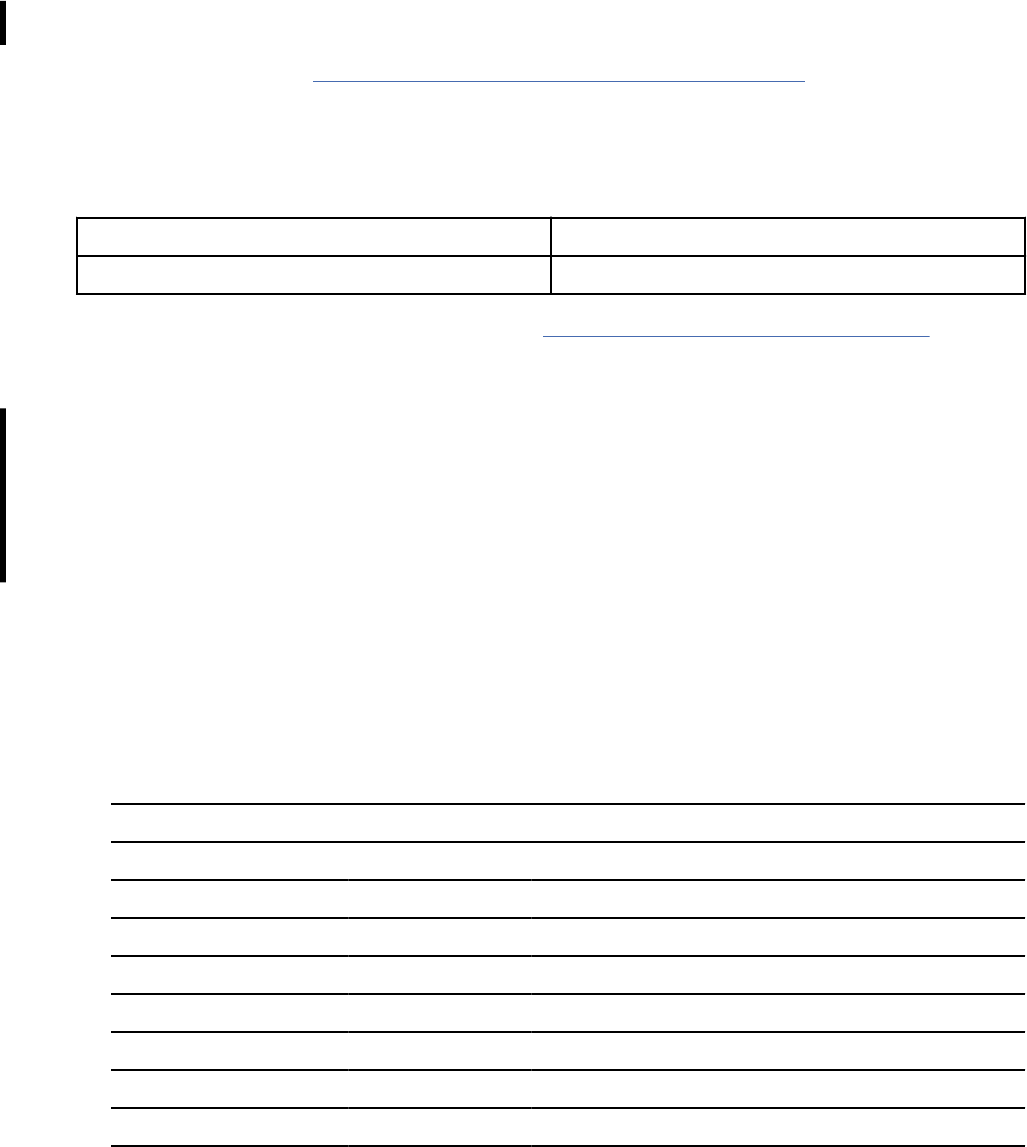
Preparing the DSNTIAD sample program
Before you can use the DSNTIAD sample program, you must precompile, assemble, link, and bind it rst.
Also, when you are ready for DSNTIAD to start using to use new capabilities in later Db2 12 function
levels, you must rebind the packages at the corresponding APPLCOMPAT level.
For more information, see “Db2 productivity-aid sample programs” on page 1016
Running the DSNTIAD sample program
To run the DSNTIAD sample program, use the RUN (DSN) command and specify the following load module
and plan name.
Load module name DSNTIAD
Plan name DSNTIAC1
For more information about the RUN command, see RUN subcommand (DSN) (Db2 Commands).
DSNTIAD parameters
PKGSET(collection)
Species that DSNTIAD implicitly executes a SET CURRENT PACKAGESET statement to assign a value
to the CURRENT PACKAGESET special register before processing the dynamic SQL statements in
SYSIN.
collection
The value to assign to the CURRENT PACKAGESET special register. You can specify up to 40
characters.
RC0
If you specify this parameter, DSNTIAD ends with return code 0, even if the program encounters SQL
errors. If you do not specify RC0, DSNTIAD ends with a return code that reflects the severity of the
errors that occur. Without RC0, DSNTIAD terminates if more than 10 SQL errors occur during a single
execution.
SQLTERM(termchar)
Specify this parameter to indicate the character that you use to end each SQL statement. You can use
any special character except one of those listed in the following table. SQLTERM(;) is the default.
Table 180. Invalid special characters for the SQL terminator
Name Character Hexadecimal representation
blank X'40'
comma , X'6B'
double quotation mark " X'7F'
left parenthesis ( X'4D'
right parenthesis ) X'5D'
single quotation mark ' X'7D'
underscore _ X'6D'
Use a character other than a semicolon if you plan to execute a statement that contains embedded
semicolons.
Chapter 12. Sample data and applications supplied with Db2 for z/OS
1023
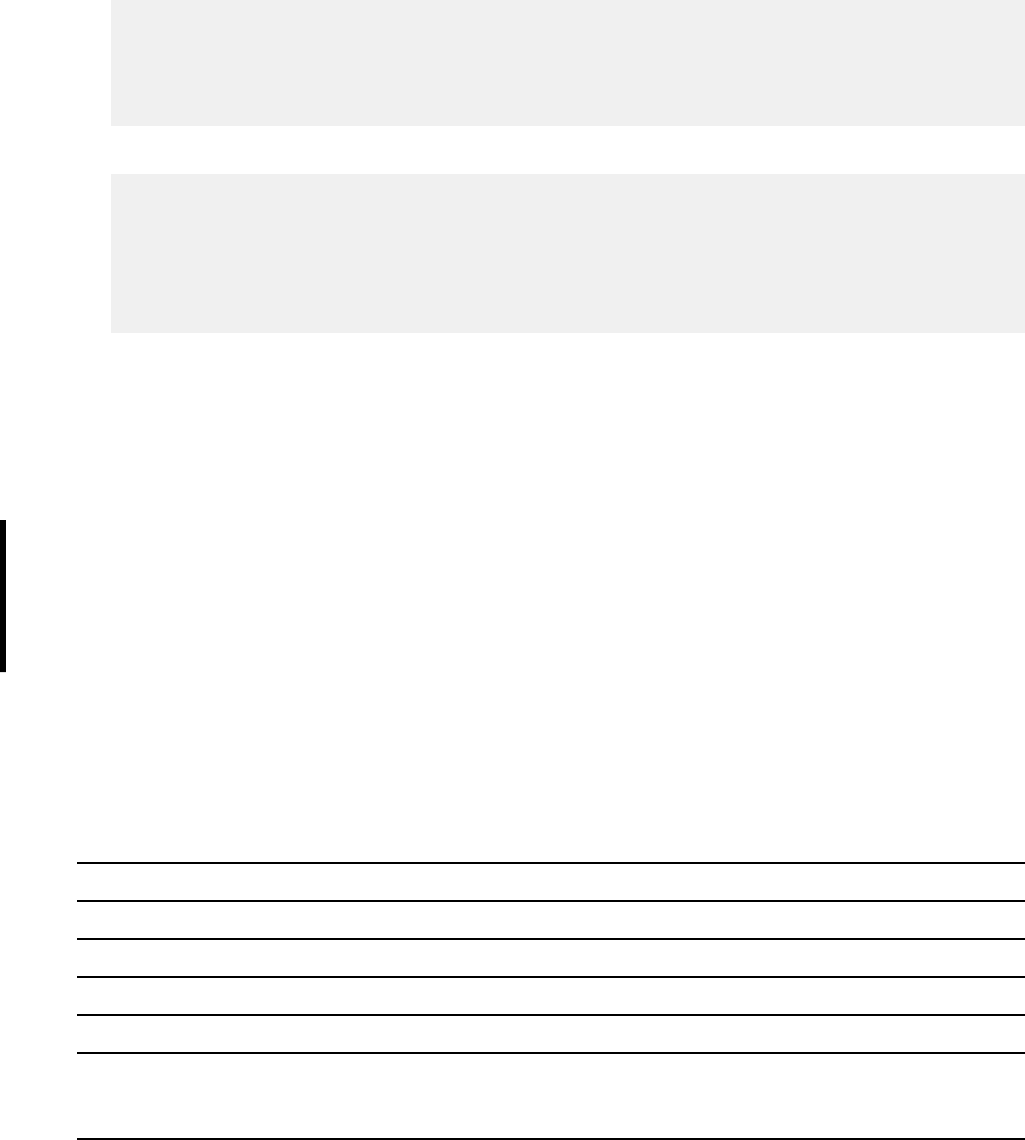
For example, suppose that you specify the parameter SQLTERM(#) to indicate that the character # is
the statement terminator. Then a CREATE TRIGGER statement with embedded semicolons looks like
this:
CREATE TRIGGER NEW_HIRE
AFTER INSERT ON EMP
FOR EACH ROW MODE DB2SQL
BEGIN ATOMIC
UPDATE COMPANY_STATS SET NBEMP = NBEMP + 1;
END#
A CREATE PROCEDURE statement with embedded semicolons looks like the following statement:
CREATE PROCEDURE PROC1 (IN PARM1 INT, OUT SCODE INT)
LANGUAGE SQL
BEGIN
DECLARE SQLCODE INT;
DECLARE EXIT HANDLER FOR SQLEXCEPTION
SET SCODE = SQLCODE;
UPDATE TBL1 SET COL1 = PARM1;
END #
Be careful to choose a character for the statement terminator that is not used within the statement.
DSNTIAD data sets
Data set
Description
SYSIN
Input data set. In this data set, you can enter any number of non-SELECT SQL statements.
Each SQL statement must be terminated with the SQL termination character. If you specify the
SQLTERM(termchar) parameter, termchar is the SQL termination character. Otherwise, the SQL
termination character is a semicolon. A statement can span multiple lines, but DSNTIAD reads only
the rst 72 bytes of each line.
Comments in DSNTIAD input are not supported.
SYSPRINT
Output data set. DSNTIAD writes informational and error messages in this data set. DSNTIAD sets the
record length of this data set to 121 bytes and the block size to 1210 bytes.
Dene all data sets as sequential data sets.
DSNTIAD return codes
Table 181. DSNTIAD return codes
Return code Meaning
0 Successful completion, or the user-specied parameter RC0.
4 An SQL statement received a warning code.
8 An SQL statement received an error code.
12 DSNTIAD could not open a data set, the length of an SQL statement was more than
2 MB, an SQL statement returned a severe error code (-8nn or -9nn), or an error
occurred in the SQL message formatting routine.
1024Db2 12 for z/OS: Application Programming and SQL Guide (Last updated: 2024-07-30)

Example: invoking the DSNTIAD program
Suppose that you want to execute 20 UPDATE statements, and you do not want DSNTIAD to terminate if
more than 10 errors occur. Your invocation looks like the one that is shown in the following gure:
//RUNTIAD EXEC PGM=IKJEFT01,DYNAMNBR=20
//SYSTSPRT DD SYSOUT=*
//SYSTSIN DD *
DSN SYSTEM(DSN)
RUN PROGRAM(DSNTIAD) PLAN(DSNTIAC1) PARMS('RC0') -
LIB('DSN1210.RUNLIB.LOAD')
//SYSPRINT DD SYSOUT=*
//SYSUDUMP DD SYSOUT=*
//SYSIN DD *
UPDATE DSN8C10.PROJ SET DEPTNO='J01' WHERE DEPTNO='A01';
UPDATE DSN8C10.PROJ SET DEPTNO='J02' WHERE DEPTNO='A02';
⋮
UPDATE DSN8C10.PROJ SET DEPTNO='J20' WHERE DEPTNO='A20';
DSNTEP2 and DSNTEP4 sample programs
You can use the DSNTEP2 or DSNTEP4 programs to execute SQL statements dynamically.
DSNTEP2 is a sample dynamic SQL program that can issue any SQL statement that can be executed
dynamically. DSNTEP2 is written in PL/I language and available in two versions: a source version that you
can modify to meet your needs or an object code version that you can use without the need for a PL/I
compiler.
The DSNTEP4 sample program is identical to DSNTEP2, except that it uses multi-row fetch for increased
performance. DSNTEP4 is written in PL/I language and available in two versions: a source version that you
can modify to meet your needs or an object code version that you can use without the need for a PL/I
compiler.
When multi-row fetch is used, parallelism might be disabled for the last parallel group in the top-level
query block, or entirely disabled for very simple queries. To obtain full parallelism, use DSNTEP2 or
specify the control option SET MULT_FETCH 1 for DSNTEP4.
DSNTEP2 and DSNTEP4 write their results to the data set that is dened by the SYSPRINT DD statement.
SYSPRINT data must have a logical record length that matches the PAGEWIDTH value in the DSNTEP2
or DSNTEP4 source program. If you use the original version of the program that is shipped with Db2, the
logical record length is 133 bytes. If the SYSPRINT data do not have the same logical record length as the
PAGEWIDTH value, the program issues return code 12 with abend U4038 and reason code 1. This abend
occurs due to the PL/I le exception error IBM0201S ONCODE=81. The following error message is issued:
The UNDEFINEDFILE condition was raised because of conflicting DECLARE
and OPEN attributes (FILE= SYSPRINT).
If you use applications or other automation to process output from DSNTEP2 or DSNTEP4, be aware
that minor changes in the format can occur as a result of service or enhancements. Such changes might
require you to adjust your processes that use the output of these programs.
Important: When you allocate a new data set with the SYSPRINT DD statement, either specify a DCB with
RECFM=FBA and LRECL=nnn, where nnn matches the PAGEWIDTH value in the source program, or do not
specify the DCB parameter.
Preparing the DSNTEP2 and DSNTEP4 sample programs
Before you can use the DSNTEP2 and DSNTEP4 sample programs, you must prepare them. If you use the
source-code versions of DSNTEP2 or DSNTEP4, you must precompile, compile, link, and bind them rst. If
you use the object-code versions of DSNTEP2 or DSNTEP4 you must bind them rst.
Also, when you are ready for DSNTEP2 or DSNTEP4 to start using to use new capabilities in later Db2 12
function levels, you must rebind the packages at the corresponding APPLCOMPAT level.
For more information, see "Preparing the productivity-aid sample programs" in “Db2 productivity-aid
sample programs” on page 1016.
Chapter 12. Sample data and applications supplied with Db2 for z/OS
1025
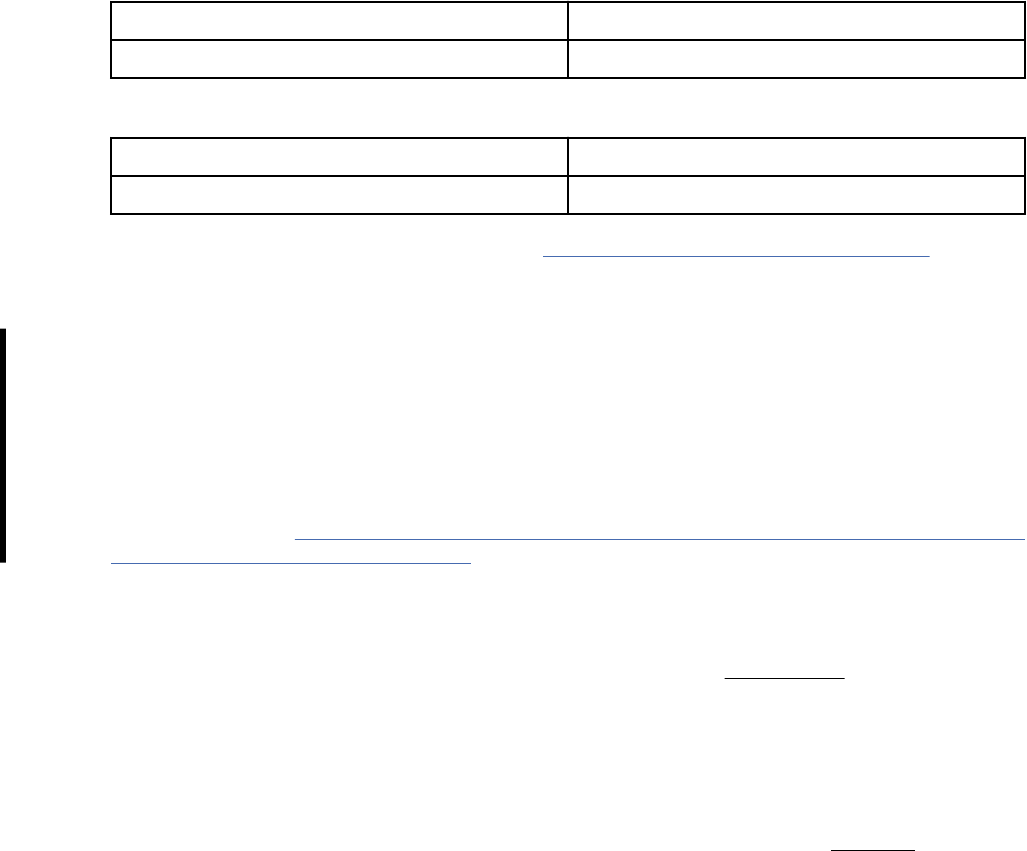
Running the DSNTEP2 and DSNTEP4 sample programs
To run the DSNTEP2 and DSNTEP4 sample programs, use the RUN (DSN) command and specify the
following load module and plan name.
DSNTEP2 load module and plan
Load module DSNTEP2
Plan DSNTEPC1
DSNTEP4 load module and plan
Load module DSNTEP4
Plan DSNTP412
For more information about the RUN command, see RUN subcommand (DSN) (Db2 Commands).
DSNTEP2 and DSNTEP4 parameters
PKGSET(collection)
Species that DSNTEP2 or DSNTEP4 implicitly executes a SET CURRENT PACKAGESET statement to
assign a value to the CURRENT PACKAGESET special register before processing the dynamic SQL
statements in SYSIN.
collection
The value to assign to the CURRENT PACKAGESET special register. You can specify up to 40
characters.
For an example, see “Example: Running dynamic SQL statements at different application compatibility
levels in the same SYSIN” on page 1031.
ALIGN(MID) or ALIGN(LHS)
Species the alignment.
ALIGN(MID)
Species that DSNTEP2 or DSNTEP4 output should be centered. ALIGN(MID) is the default.
ALIGN(LHS)
Species that the DSNTEP2 or DSNTEP4 output should be left-justied.
NOMIXED or MIXED
Species whether DSNTEP2 or DSNTEP4 contains any DBCS characters.
NOMIXED
Species that the DSNTEP2 or DSNTEP4 input contains no DBCS characters. NOMIXED is the
default.
MIXED
Species that the DSNTEP2 or DSNTEP4 input contains some DBCS characters.
PREPWARN
Species that DSNTEP2 or DSNTEP4 is to display details about any SQL warnings that are
encountered at PREPARE time.
Regardless of whether you specify PREPWARN, when an SQL warning is encountered at PREPARE
time, the program displays the message SQLWARNING ON PREPARE and sets the return code to 4.
When you specify PREPWARN, the program also displays the details about any SQL warnings.
SQLFORMAT
Species how DSNTEP2 or DSNTEP4 pre-processes SQL statements before passing them to Db2.
Select one of the following options:
1026
Db2 12 for z/OS: Application Programming and SQL Guide (Last updated: 2024-07-30)

SQL
This is the preferred mode for SQL statements other than SQL procedural language. When you use
this option, which is the default, DSNTEP2 or DSNTEP4 collapses each line of an SQL statement
into a single line before passing the statement to Db2. DSNTEP2 or DSNTEP4 also discards all SQL
comments.
SQLCOMNT
This mode is suitable for all SQL, but it is intended primarily for SQL procedural language
processing. When this option is in effect, behavior is similar to SQL mode, except that DSNTEP2
or DSNTEP4 does not discard SQL comments. Instead, it automatically terminates each SQL
comment with a line feed character (hex 25), unless the comment is already terminated by one or
more line formatting characters. Use this option to process SQL procedural language with minimal
modication by DSNTEP2 or DSNTEP4.
SQLPL
This mode is suitable for all SQL, but it is intended primarily for SQL procedural language
processing. When this option is in effect, DSNTEP2 or DSNTEP4 retains SQL comments and
terminates each line of an SQL statement with a line feed character (hex 25) before passing the
statement to Db2. Lines that end with a split token are not terminated with a line feed character.
Use this mode to obtain improved diagnostics and debugging of SQL procedural language.
SQLTERM(termchar)
Species the character that you use to end each SQL statement. You can use any character except one
of those that are listed in Table 180 on page 1023
. SQLTERM(;) is the default.
Use a character other than a semicolon if you plan to execute a statement that contains embedded
semicolons.
See “Example: changing the SQL terminator” on page 1031.
TOLWARN
Indicates whether DSNTEP2 or DSNTEP4 continues to process SQL SELECT statements after receiving
an SQL warning. You can specify one of the following values:
NO
Indicates that the program stops processing the SELECT statement if a warning occurs when
the program executes an OPEN or FETCH for a SELECT statement. NO is the default value for
TOLWARN.
The following exceptions exist:
• If SQLCODE +445 or SQLCODE +595 occurs when DSNTEP2 or DSNTEP4 executes a FETCH for a
SELECT statement, the program continues to process the SELECT statement.
• If SQLCODE +354 occurs when DSNTEP4 executes a FETCH for a SELECT statement, the
program continues to process the SELECT statement.
• If SQLCODE +802 occurs when DSNTEP2 or DSNTEP4 executes a FETCH for a SELECT
statement, the program continues to process the SELECT statement if the TOLARTHWRN control
statement is set to YES.
YES
Indicates that the program continues to process the SELECT statement if a warning occurs when
the program executes an OPEN or FETCH for a SELECT statement.
QUIET
The same as YES except that the program suppresses all SQL warning messages from OPEN or
FETCH statements if the SQLCODE is 0 or greater.
Settings that you can change in the DSNTEP2 or DSNTEP4 source programs to
modify output formatting
If the DSNTEP2 or DSNTEP4 output formatting does not meet your requirements, you can change some
variables in the source code to modify the formatting.
Chapter 12. Sample data and applications supplied with Db2 for z/OS
1027

For example, if you want to increase the maximum width of a page, the maximum size of a print line, and
the maximum number of characters in the output of a character column, you can increase the values of
the PAGEWIDTH, MAXPAGWD, and MAXCOLWD variable values.
For a complete description of the settings that you can change, see the information under PROGRAM
SIZES in the DSNTEP2 and DSNTEP4 prologs.
DSNTEP2 and DSNTEP4 data sets
The following data sets are used by DSNTEP2 and DSNTEP4:
SYSIN
Input data set. In this data set, you can enter any number of SQL statements, each terminated with
a semicolon. A statement can span multiple lines, but DSNTEP2 or DSNTEP4 reads only the rst 72
bytes of each line. You must explicitly commit any SQL statements except the last one.
You can enter comments in DSNTEP2 or DSNTEP4 input with an asterisk (*) in column 1 or two
hyphens (--) anywhere on a line. Text that follows the asterisk is considered to be comment text. Text
that follows two hyphens can be comment text or a control statement. Comments are not considered
in dynamic statement caching. Comments and control statements cannot span lines.
You can enter control statements of the following form in the DSNTEP2 and DSNTEP4 input data set:
--#SET control-option value
You can specify the following control option statements. If you specify a value of NO for any of the
options in this list, the program behaves as if you did not specify the parameter.
--#SET PKGSET value
Species that DSNTEP2 or DSNTEP4 implicitly executes a SET CURRENT PACKAGESET statement
to assign a value to the CURRENT PACKAGESET special register before processing dynamic
SQL statements after this control statement in SYSIN. value is the value to assign to CURRENT
PACKAGESET special register. You can specify up to 40 characters.
For an example, see “Example: Running dynamic SQL statements at different application
compatibility levels in the same SYSIN” on page 1031.
--#SET TERMINATOR value
The SQL statement terminator. value is any single-byte character other than one of those that
are listed in “DSNTIAD sample program” on page 1022. The default is the value of the SQLTERM
parameter.
See “Example: changing the SQL terminator within a series of SQL statements” on page 1032.
--#SET ROWS_FETCH value
The number of rows that are to be fetched from the result table. value is a numeric literal between
-1 and the number of rows in the result table. -1 means that all rows are to be fetched. The default
is -1.
--#SET ROWS_OUT value
The number of fetched rows that are to be sent to the output data set. value is a numeric literal
between -1 and the number of fetched rows. -1 means that all fetched rows are to be sent to the
output data set. The default is -1.
--#SET MULT_FETCH value
This option is valid only for DSNTEP4. Use MULT_FETCH to specify the number of rows that are to
be fetched at one time from the result table. The default fetch amount for DSNTEP4 is 100 rows,
but you can specify from 1 to 32676 rows.
--#SET TOLWARN value
Indicates whether DSNTEP2 or DSNTEP4 continues to process SQL SELECT statements after
receiving an SQL warning. You can specify one of the following values:
1028
Db2 12 for z/OS: Application Programming and SQL Guide (Last updated: 2024-07-30)

NO
Indicates that the program stops processing the SELECT statement if a warning occurs when
the program executes an OPEN or FETCH for a SELECT statement. NO is the default value for
TOLWARN.
The following exceptions exist:
• If SQLCODE +445 or SQLCODE +595 occurs when DSNTEP2 or DSNTEP4 executes a FETCH
for a SELECT statement, the program continues to process the SELECT statement.
• If SQLCODE +354 occurs when DSNTEP4 executes a FETCH for a SELECT statement, the
program continues to process the SELECT statement.
• If SQLCODE +802 occurs when DSNTEP2 or DSNTEP4 executes a FETCH for a SELECT
statement, the program continues to process the SELECT statement if the TOLARTHWRN
control statement is set to YES.
YES
Indicates that the program continues to process the SELECT statement if a warning occurs
when the program executes an OPEN or FETCH for a SELECT statement.
QUIET
The same as YES except that the program suppresses all SQL warning messages from OPEN or
FETCH statements if the SQLCODE is 0 or greater.
--#SET TOLARTHWRN value
Indicates whether DSNTEP2 and DSNTEP4 continue to process an SQL SELECT statement after an
arithmetic SQL warning (SQLCODE +802) is returned. value is either NO (the default) or YES.
--#SET PREPWARN value
Species that DSNTEP2 or DSNTEP4 is to display details about any SQL warnings that are
encountered at PREPARE time.
Regardless of whether you specify PREPWARN, when an SQL warning is encountered at PREPARE
time, the program displays the message SQLWARNING ON PREPARE and sets the return code to
4. When you specify PREPWARN, the program also displays the details about any SQL warnings.
--#SET SQLFORMAT value
Species how DSNTEP2 or DSNTEP4 pre-processes SQL statements before passing them to Db2.
Select one of the following options:
SQL
This is the preferred mode for SQL statements other than SQL procedural language. When
you use this option, which is the default, DSNTEP2 or DSNTEP4 collapses each line of an SQL
statement into a single line before passing the statement to Db2. DSNTEP2 or DSNTEP4 also
discards all SQL comments.
SQLCOMNT
This mode is suitable for all SQL, but it is intended primarily for SQL procedural language
processing. When this option is in effect, behavior is similar to SQL mode, except that
DSNTEP2 or DSNTEP4 does not discard SQL comments. Instead, it automatically terminates
each SQL comment with a line feed character (hex 25), unless the comment is already
terminated by one or more line formatting characters. Use this option to process SQL
procedural language with minimal modication by DSNTEP2 or DSNTEP4.
SQLPL
This mode is suitable for all SQL, but it is intended primarily for SQL procedural language
processing. When this option is in effect, DSNTEP2 or DSNTEP4 retains SQL comments and
terminates each line of an SQL statement with a line feed character (hex 25) before passing
the statement to Db2. Lines that end with a split token are not terminated with a line feed
character. Use this mode to obtain improved diagnostics and debugging of SQL procedural
language.
Chapter 12. Sample data and applications supplied with Db2 for z/OS
1029
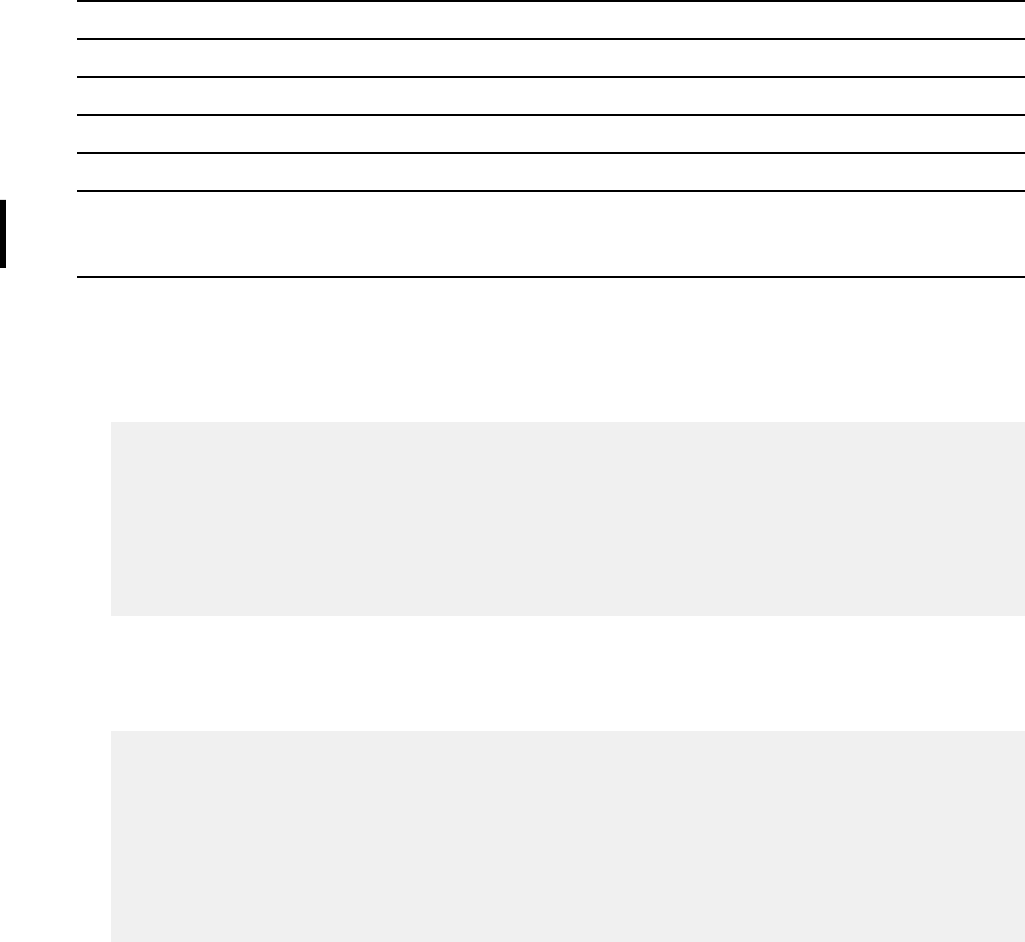
--#SET MAXERRORS value
value species that number of errors that DSNTEP2 and DSNTEP4 handle before processing
stops. The default is 10. Use a value of -1 to indicate that a program is to tolerate an unlimited
number of errors.
SYSPRINT
Output data set. DSNTEP2 and DSNTEP4 write informational and error messages in this data set.
DSNTEP2 and DSNTEP4 write output records of no more than 133 bytes.
Dene all data sets as sequential data sets.
DSNTEP2 and DSNTEP4 return codes
Table 182. DSNTEP2 and DSNTEP4 return codes
Return code Meaning
0 Successful completion.
4 An SQL statement received a warning code.
8 An SQL statement received an error code.
12 The length of an SQL statement was more than 2097152 bytes, an SQL statement
returned a severe error code (-8nn or -9nn), or an error occurred in the SQL message
formatting routine.
Examples
Example: invoking DSNTEP2
Suppose that you want to use DSNTEP2 to execute SQL SELECT statements that might contain DBCS
characters. You also want left-aligned output. Your invocation looks like the following example.
//RUNTEP2 EXEC PGM=IKJEFT01,DYNAMNBR=20
//SYSTSPRT DD SYSOUT=*
//SYSTSIN DD *
DSN SYSTEM(DSN)
RUN PROGRAM(DSNTEP2) PLAN(DSNTEPC1) PARMS('/ALIGN(LHS) MIXED TOLWARN(YES)') -
LIB('DSN1210.RUNLIB.LOAD')
//SYSPRINT DD SYSOUT=*
//SYSUDUMP DD SYSOUT=*
//SYSIN DD *
SELECT * FROM DSN8C10.PROJ;
Example: invoking DSNTEP4
Suppose that you want to use DSNTEP4 to execute SQL SELECT statements that might contain DBCS
characters, and you want center-aligned output. You also want DSNTEP4 to fetch 250 rows at a time.
Your invocation looks like the one in the following gure:
//RUNTEP2 EXEC PGM=IKJEFT01,DYNAMNBR=20
//SYSTSPRT DD SYSOUT=*
//SYSTSIN DD *
DSN SYSTEM(DSN)
RUN PROGRAM(DSNTEP4) PLAN(DSNTEPC1) PARMS('/ALIGN(MID) MIXED') -
LIB('DSN1210.RUNLIB.LOAD')
//SYSPRINT DD SYSOUT=*
//SYSUDUMP DD SYSOUT=*
//SYSIN DD *
--#SET MULT_FETCH 250
SELECT * FROM DSN8C10.EMP;
1030
Db2 12 for z/OS: Application Programming and SQL Guide (Last updated: 2024-07-30)

Example: Changing the application compatibility level of dynamic SQL statements
Suppose that Db2 is at function level V12R1M508 or higher, but you want to use DSTNEP2 to run
dynamic SQL statements at a lower application compatibility level. You can use the following example
commands bind packages for DSNTEP2 with two different APPLCOMPAT options:
BIND PACKAGE (M503TEP2) MEMBER(DSN@EP2L) APPLCOMPAT(V12R1M503) +
CURRENTDATA(NO) ACT(REP) ISO(CS) ENCODING(EBCDIC)
BIND PACKAGE (M508TEP2) MEMBER(DSN@EP2L) APPLCOMPAT(V12R1M508) +
CURRENTDATA(NO) ACT(REP) ISO(CS) ENCODING(EBCDIC)
BIND PLAN(DSNTEP2) PKLIST(M508TEP2.,M503TEP2.) +
ACTION(REPLACE) RETAIN +
CURRENTDATA(NO) ISO(CS) ENCODING(EBCDIC) SQLRULES(DB2)
In this example, V12R1M508 is the default application compatibility level for DSNTEP2 because the
package named M508TEP2 is bound with APPLCOMPAT(V12R1M508) and is listed rst in the BIND
PLAN step. However, you can also use DSNTEP2 to issue dynamic SQL statements at application
compatibility level V12R1M503. To do so in this example, specify the following parameters when you
run DSNTEP2.
RUN PROGRAM(DSNTEP2) PARMS('/PKGSET(M503TEP2)')
DSNTEP2 implicitly issues the following statement before it runs the dynamic SQL statements, and it
runs dynamic SQL statements at application compatibility level V12R1M503:
SET CURRENT PACKAGESET = 'M503TEP2'
Example: Running dynamic SQL statements at different application compatibility levels in the same
SYSIN
Assume that you issued the same BIND commands from the previous example, and suppose that you
want to create a new multi-table segmented table space, which can only be created at application
compatibility V12R1M503 or lower. As in the previous example, the default application compatibility
level is V12R1M508, but you can use the following example --#SET PKGSET control statement to run
some statements at a lower application compatibility in the same SYSIN.
--#SET PKGSET M503TEP2
CREATE TABLESPACE SEGTS1...
CREATE TABLE TB1 IN SEGTS1...
CREATE TABLE TB2 IN SEGTS1...
--#SET PKGSET M508TEP2
ALTER TABLESPACE SEGTS1 MOVE TABLE TB1 TO TABLESPACE PBGTS1..
ALTER TABLESPACE SEGTS1 MOVE TABLE TB2 TO TABLESPACE PBGTS2...
In this example, the rst three statements succeed because the -# SET PKGSET control statement
tells DSNTEP2 to run them at application compatibility level V12R1M503. Another -# SET PKGSET
control statement changes the application compatibility level to V12R1M508 because ALTER
TABLESPACE statements must run at this level or higher to specify the MOVE TABLE clause.
Example: changing the SQL terminator
Suppose that you specify the parameter SQLTERM(#) to indicate that the character # is the statement
terminator. Then a CREATE TRIGGER statement with embedded semicolons looks like this:
CREATE TRIGGER NEW_HIRE
AFTER INSERT ON EMP
FOR EACH ROW MODE DB2SQL
BEGIN ATOMIC
UPDATE COMPANY_STATS SET NBEMP = NBEMP + 1;
END#
A CREATE PROCEDURE statement with embedded semicolons looks like the following statement:
CREATE PROCEDURE PROC1 (IN PARM1 INT, OUT SCODE INT)
LANGUAGE SQL
BEGIN
Chapter 12. Sample data and applications supplied with Db2 for z/OS
1031

DECLARE SQLCODE INT;
DECLARE EXIT HANDLER FOR SQLEXCEPTION
SET SCODE = SQLCODE;
UPDATE TBL1 SET COL1 = PARM1;
END #
Be careful to choose a character for the statement terminator that is not used within the statement.
Example: changing the SQL terminator within a series of SQL statements
Suppose that you have an existing set of SQL statements to which you want to add a CREATE
TRIGGER statement that has embedded semicolons. You can use the --#SET TERMINATOR control
statement. You can use the default SQLTERM value, which is a semicolon, for all of the existing SQL
statements.
Before you execute the CREATE TRIGGER statement, include the --#SET TERMINATOR # control
statement to change the SQL terminator to the character #:
SELECT * FROM DEPT;
SELECT * FROM ACT;
SELECT * FROM EMPPROJACT;
SELECT * FROM PROJ;
SELECT * FROM PROJACT;
--#SET TERMINATOR #
CREATE TRIGGER NEW_HIRE
AFTER INSERT ON EMP
FOR EACH ROW MODE DB2SQL
BEGIN ATOMIC
UPDATE COMPANY_STATS SET NBEMP = NBEMP + 1;
END#
See the following discussion of the SYSIN data set for more information about the --#SET control
statement.
Sample applications supplied with Db2 for z/OS
Db2 provides sample applications to help you with Db2 programming techniques and coding practices
within each of the four environments: batch, TSO, IMS, and CICS. The sample applications contain various
applications that might apply to managing a company.
This topic describes the Db2 sample applications and the environments under which each application
runs. It also provides information on how to use the applications, and how to print the application listings.
You can examine the source code for the sample application programs in the online sample library
included with the Db2 product. The name of this sample library is DSN1210.SDSNSAMP.
Using the sample applications
You can use the applications interactively by accessing data in the sample tables on screen displays
(panels). You can also access the sample tables in batch when using the phone applications. All sample
objects have PUBLIC authorization, which makes the samples easier to run.
Related concepts
Db2 programming samples (Db2 Programming samples)
Related reference
Db2 for z/OS Exchange
Types of sample applications
Db2 provides a number of sample applications that manage sample company information. These
applications also demonstrate how to use stored procedures, user-dened functions, and LOBs.
Organization application:
The organization application manages the following company information:
1032
Db2 12 for z/OS: Application Programming and SQL Guide (Last updated: 2024-07-30)
• Department administrative structure
• Individual departments
• Individual employees.
Management of information about department administrative structures involves how departments relate
to other departments. You can view or change the organizational structure of an individual department,
and the information about individual employees in any department. The organization application runs
interactively in the ISPF/TSO, IMS, and CICS environments and is available in PL/I and COBOL.
Project application:
The project application manages information about a company's project activities, including the following:
• Project structures
• Project activity listings
• Individual project processing
• Individual project activity estimate processing
• Individual project stafng processing.
Each department works on projects that contain sets of related activities. Information available about
these activities includes stafng assignments, completion-time estimates for the project as a whole, and
individual activities within a project. The project application runs interactively in IMS and CICS and is
available in PL/I only.
Phone application:
The phone application lets you view or update individual employee phone numbers. There are different
versions of the application for ISPF/TSO, CICS, IMS, and batch:
• ISPF/TSO applications use COBOL and PL/I.
• CICS and IMS applications use PL/I.
• Batch applications use C, C++, COBOL, FORTRAN, and PL/I.
Stored procedure applications:
There are three sets of stored procedure applications:
IFI applications
These applications let you pass Db2 commands from a client program to a stored procedure, which
runs the commands at a Db2 server using the instrumentation facility interface (IFI). There are two
sets of client programs and stored procedures. One set has a PL/I client and stored procedure; the
other set has a C client and stored procedure.
ODBA application
This application demonstrates how you can use the IMS ODBA interface to access IMS databases
from stored procedures. The stored procedure accesses the IMS sample DL/I database. The client
program and the stored procedure are written in COBOL.
Utilities stored procedure application
This application demonstrates how to call the utilities stored procedure.
SQL procedure applications
Sample applications are available for both external SQL procedures and native SQL procedures:
• The applications for external SQL procedures demonstrate how to write, prepare, and invoke such
procedures. One set of applications demonstrates how to prepare SQL procedures using JCL. The
other set of applications shows how to prepare SQL procedures using the SQL procedure processor.
The client programs are written in C.
Chapter 12. Sample data and applications supplied with Db2 for z/OS
1033
• The sample job for a native SQL procedure shows how to prepare a native SQL procedure, how to
manage versions of native SQL procedures, and optionally, how to deploy a native SQL procedure to
a remote server. The sample also prepares and executes a sample caller in the C language
WLM refresh application
This application is a client program that calls the Db2–supplied stored procedure WLM_REFRESH to
refresh a WLM environment. This program is written in C.
System parameter reporting application
This application is a client program that calls the Db2–supplied stored procedure
ADMIN_INFO_SYSPARM to display the current settings of system parameters. This program is written
in C.
All stored procedure applications run in the TSO batch environment.
User-dened function applications:
The user-dened function applications consist of a client program that invokes the sample user-dened
functions and a set of user-dened functions that perform the following functions:
• Convert the current date to a user-specied format
• Convert a date from one format to another
• Convert the current time to a user-specied format
• Convert a date from one format to another
• Return the day of the week for a user-specied date
• Return the month for a user-specied date
• Format a floating point number as a currency value
• Return the table name for a table, view, or alias
• Return the qualier for a table, view or alias
• Return the location for a table, view or alias
• Return a table of weather information
All programs are written in C or C++ and run in the TSO batch environment.
LOB application:
The LOB application demonstrates how to perform the following tasks:
• Dene Db2 objects to hold LOB data
• Populate Db2 tables with LOB data using the LOAD utility, or using INSERT and UPDATE statements
when the data is too large for use with the LOAD utility
• Manipulate the LOB data using LOB locators
The programs that create and populate the LOB objects use DSNTIAD and run in the TSO batch
environment. The program that manipulates the LOB data is written in C and runs under ISPF/TSO.
Application languages and environments for the sample applications
The sample applications demonstrate how to run Db2 applications in the TSO, IMS, or CICS environments.
The following table shows the environments under which each application runs, and the languages the
applications use for each environment.
1034
Db2 12 for z/OS: Application Programming and SQL Guide (Last updated: 2024-07-30)
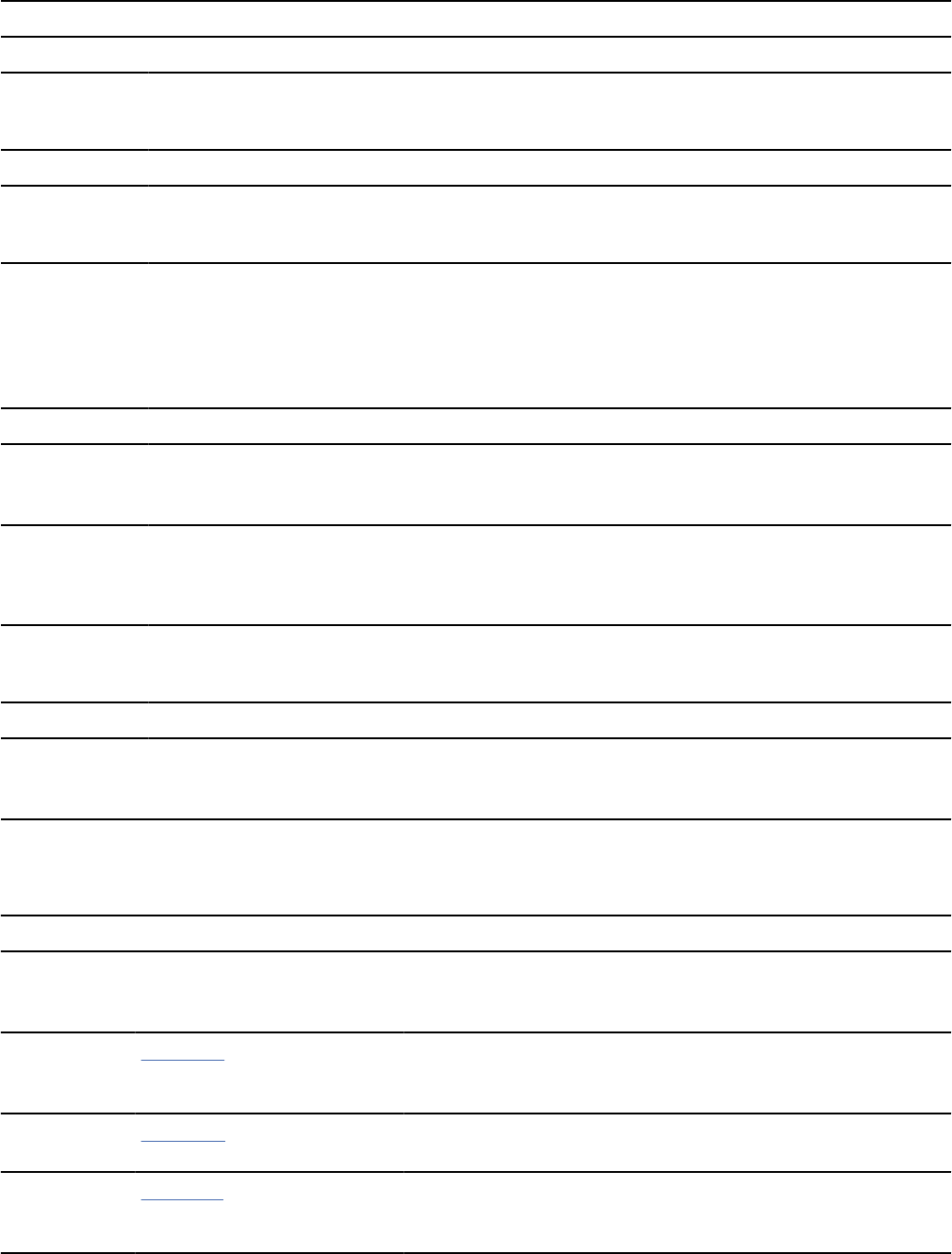
Table 183. Application languages and environments
Programs ISPF/TSO IMS CICS Batch SPUFI
Dynamic SQL
programs
Assembler
PL/I
Exit routines Assembler Assembler Assembler Assembler Assembler
Organization COBOL
COBOL
PL/I
COBOL
PL/I
Phone
COBOL
PL/I
Assembler
1
PL/I PL/I
COBOL
FORTRAN
PL/I
C
C++
Project PL/I PL/I
SQLCA
formatting
routines
Assembler Assembler Assembler Assembler
Stored
procedures
COBOL
PL/I
C
SQL
User-dened
functions
C
C++
LOBs C
Notes:
1. Assembler subroutine DSN8CA.
Sample applications in TSO
A set of Db2 sample applications run in the TSO environment.
Table 184. Sample Db2 applications for TSO
Application Program
name
Preparation
JCL member
name
Attachment
facility
Description
Phone DSN8BC3 DSNTEJ2C DSNELI This COBOL batch program lists employee
telephone numbers and updates them if
requested.
Phone DSN8BD3 DSNTEJ2D DSNELI This C batch program lists employee telephone
numbers and updates them if requested.
Phone DSN8BE3 DSNTEJ2E DSNELI This C++ batch program lists employee
telephone numbers and updates them if
requested.
Chapter 12. Sample data and applications supplied with Db2 for z/OS1035
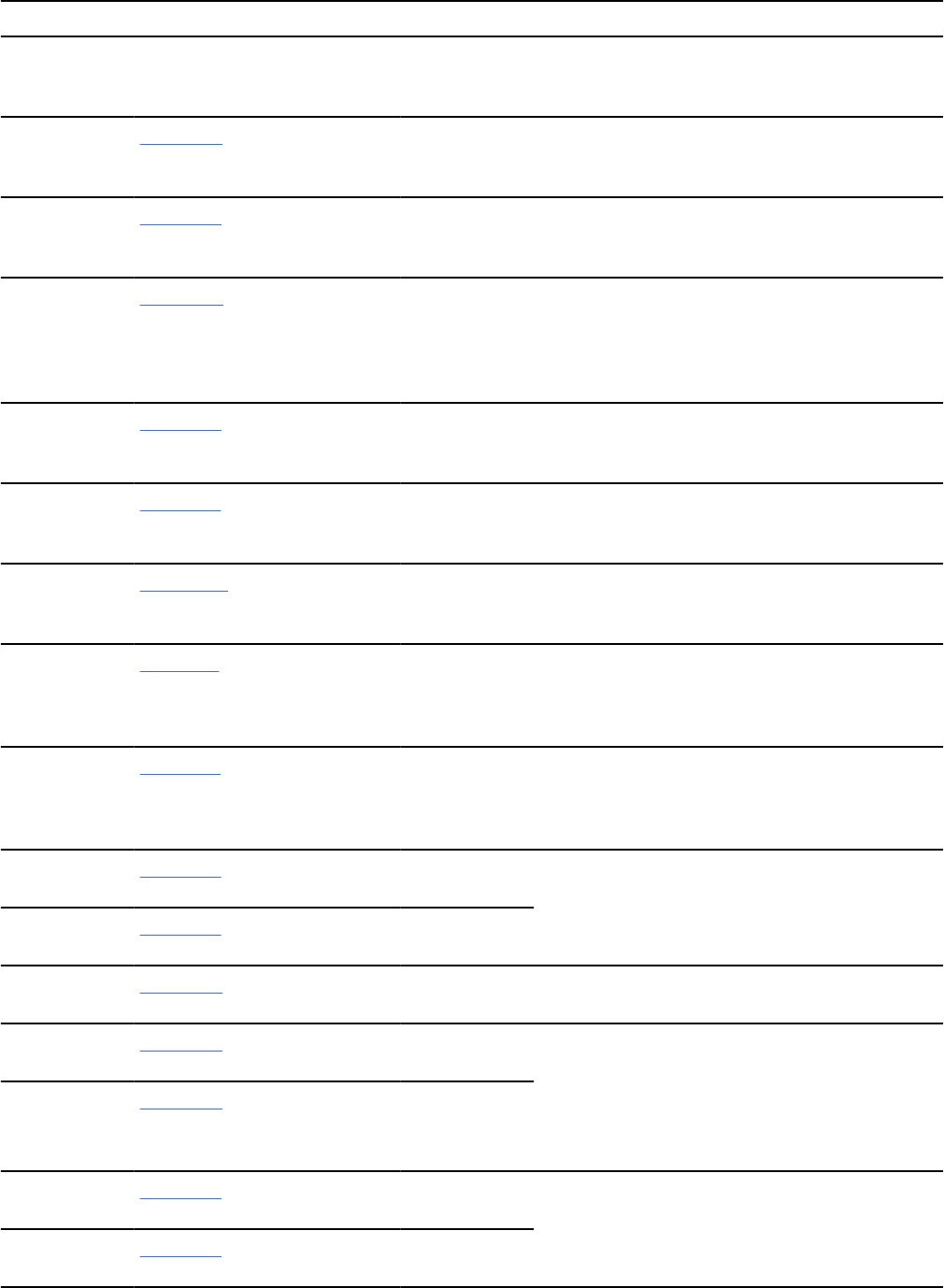
Table 184. Sample Db2 applications for TSO (continued)
Application Program
name
Preparation
JCL member
name
Attachment
facility
Description
Phone DSN8BP3 DSNTEJ2P DSNELI This PL/I batch program lists employee
telephone numbers and updates them if
requested.
Phone DSN8BF3 DSNTEJ2F DSNELI This FORTRAN program lists employee
telephone numbers and updates them if
requested.
Organization DSN8HC3 DSNTEJ3C or
DSNTEJ6
DSNALI This COBOL ISPF program displays and
updates information about a local department.
It can also display and update information
about an employee at a local or remote
location.
Phone DSN8SC3 DSNTEJ3C DSNALI This COBOL ISPF program lists employee
telephone numbers and updates them if
requested.
Phone DSN8SP3 DSNTEJ3P DSNALI This PL/I ISPF program lists employee
telephone numbers and updates them if
requested.
UNLOAD DSNTIAUL DSNTEJ2A DSNELI This assembler language program unloads the
data from a table or view and to produce LOAD
utility control statements for the data.
Dynamic SQL DSNTIAD DSNTIJTM DSNELI This assembler language program dynamically
executes non-SELECT statements read in from
SYSIN; that is, it uses dynamic SQL to execute
non-SELECT SQL statements.
Dynamic SQL DSNTEP2 DSNTEJ1P or
DSNTEJ1L
DSNELI This PL/I program dynamically executes
SQL statements read in from SYSIN. Unlike
DSNTIAD, this application can also execute
SELECT statements.
Stored
procedures
1
DSN8EP1 DSNTEJ6P DSNELI The jobs DSNTEJ6P and DSNTEJ6S prepare
a PL/I version of the application. This
sample executes Db2 commands using the
instrumentation facility interface (IFI).
Stored
procedure
1
DSN8EP2 DSNTEJ6S DSNRLI
Stored
procedures
1
DSN8EPU DSNTEJ6U DSNELI The sample that is prepared by job DSNTEJ6U
invokes the utilities stored procedure.
Stored
procedures
1
DSN8ED1 DSNTEJ6D DSNELI The jobs DSNTEJ6D and DSNTEJ6T prepare
a C version of the application. The C stored
procedure uses result sets to return commands
to the client. This sample executes Db2
commands using the instrumentation facility
interface (IFI).
Stored
procedures
1
DSN8ED2 DSNTEJ6T DSNRLI
Stored
procedures
1
DSN8EC1 DSNTEJ61 DSNRLI The sample that is prepared by jobs
DSNTEJ61 and DSNTEJ62 demonstrates a
stored procedure that accesses IMS databases
through the ODBA interface.
Stored
procedures
1
DSN8EC2 DSNTEJ62 DSNELI
1036Db2 12 for z/OS: Application Programming and SQL Guide (Last updated: 2024-07-30)
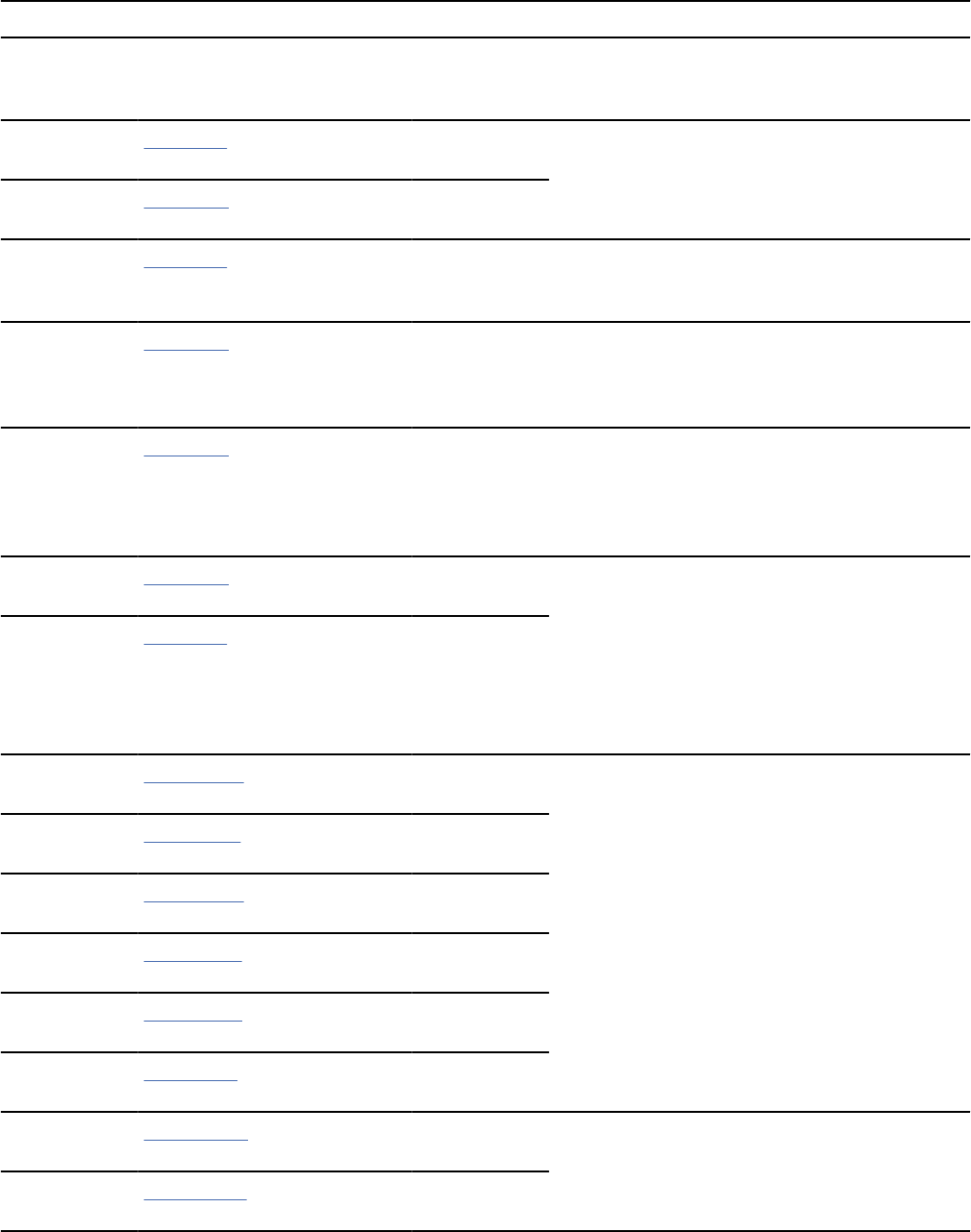
Table 184. Sample Db2 applications for TSO (continued)
Application Program
name
Preparation
JCL member
name
Attachment
facility
Description
Stored
procedures
1
DSN8ES1 DSNTEJ63 DSNRLI The sample that is prepared by jobs DSNTEJ63
and DSNTEJ64 demonstrates how to prepare
an SQL procedure using JCL.
Stored
procedures
1
DSN8ED3 DSNTEJ64 DSNELI
Stored
procedures
1
DSN8ES2 DSNTEJ65 DSNRLI The sample that is prepared by job DSNTEJ65
demonstrates how to prepare an SQL
procedure using the SQL procedure processor.
Stored
procedures
1
DSN8ED6 DSNTEJ6W DSNELI The sample that is prepared by job DSNTEJ6W
demonstrates how to prepare and run a client
program that calls a Db2–supplied stored
procedure to refresh a WLM environment.
Stored
procedures
1
DSN8ED7 DSNTEJ6Z DSNELI The sample that is prepared by job DSNTEJ6Z
demonstrates how to prepare and run a client
program that calls a Db2–supplied stored
procedure to display the current settings of
system parameters.
Stored
procedures
1
DSN8ED9 DSNTEJ66 DSNELI The sample that is prepared by job DSNTEJ66
demonstrates how to prepare and run a client
program that calls a native SQL procedure,
manages versions of that procedure, and
optionally, deploys that procedure to a remote
server. DSN8ES3 is the sample native SQL
procedure and DSN8ED9 is the sample C
language caller of DSN8ES3.
Stored
procedures
1
DSN8ES3 DSNTEJ66 not applicable
User-dened
functions
DSN8DUAD DSNTEJ2U DSNRLI These C applications consist of a set of user-
dened scalar functions that can be invoked
through SPUFI or DSNTEP2.
User-dened
functions
DSN8DUAT DSNTEJ2U DSNRLI
User-dened
functions
DSN8DUCD DSNTEJ2U DSNRLI
User-dened
functions
DSN8DUCT DSNTEJ2U DSNRLI
User-dened
functions
DSN8DUCY DSNTEJ2U DSNRLI
User-dened
functions
DSN8DUTI DSNTEJ2U DSNRLI
User-dened
functions
DSN8DUWC DSNTEJ2U DSNRLI The user-dened table function DSN8DUWF
can be invoked by the C client program
DSN8DUWC.
User-dened
functions
DSN8DUWF DSNTEJ2U DSNRLI
Chapter 12. Sample data and applications supplied with Db2 for z/OS1037
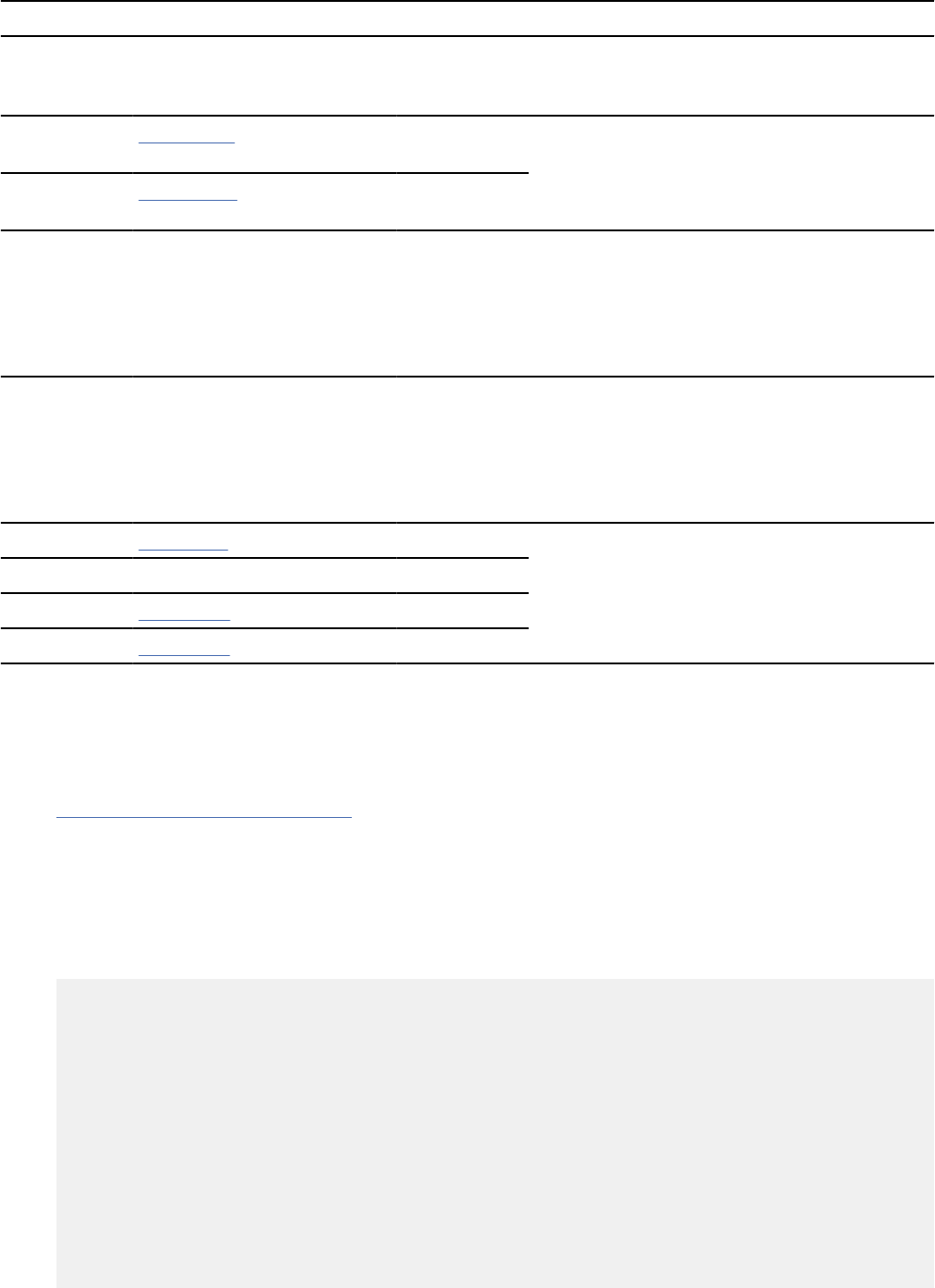
Table 184. Sample Db2 applications for TSO (continued)
Application Program
name
Preparation
JCL member
name
Attachment
facility
Description
User-dened
functions
DSN8EUDN DSNTEJ2U DSNRLI These C++ applications consist of a set of user-
dened scalar functions that can be invoked
through SPUFI or DSNTEP2.
User-dened
functions
DSN8EUMN DSNTEJ2U DSNRLI
User-dened
functions
DSN8HDFS DSNTEJBI DSNRLI The user-dened table function HDFS_READ,
which is prepared by DSNTEJBI, reads data
from a delimiter-separated le in the Hadoop
Distributed File System (HDFS). This user-
dened function can be invoked through SPUFI
or DSNTEP2.
User-dened
functions
DSN8JAQL DSNTEJBI DSNRLI The user-dened scalar function
JAQL_SUBMIT, which is prepared by
DSNTEJBI, invokes an IBM InfoSphere
BigInsights Jaql query. This user-dened
function can be invoked through SPUFI or
DSNTEP2.
LOBs DSN8DLPL DSNTEJ71 DSNELI These applications demonstrate how to
populate a LOB column that is greater than 32
KB, manipulate the data using the POSSTR and
SUBSTR built-in functions, and display the data
in ISPF using GDDM.
LOBs DSN8DLCT DSNTEJ71 DSNELI
LOBs DSN8DLRV DSNTEJ73 DSNELI
LOBs DSN8DLPV DSNTEJ75 DSNELI
Note:
1. All of the stored procedure applications consist of a calling program, a stored procedure program, or
both.
Related reference
Data sets that the precompiler uses
When you invoke the precompiler you need to provide data sets that contain input for the precompiler,
such as the host programming statements and SQL statements. You also need to provide data sets where
the precompiler can store its output, such as the modied source code and diagnostics messages.
DSN8BC3
THIS MODULE LISTS EMPLOYEE PHONE NUMBERS AND UPDATES THEM IF DESIRED.
IDENTIFICATION DIVISION.
*-----------------------
PROGRAM-ID. DSN8BC3.
****** DSN8BC3 - DB2 SAMPLE PHONE APPLICATION - COBOL - BATCH ***
* *
* MODULE NAME = DSN8BC3 *
* *
* DESCRIPTIVE NAME = DB2 SAMPLE APPLICATION *
* PHONE APPLICATION *
* BATCH *
* COBOL *
* *
*LICENSED MATERIALS - PROPERTY OF IBM *
*5605-DB2 *
*(C) COPYRIGHT 1982, 2010 IBM CORP. ALL RIGHTS RESERVED. *
* *
*STATUS = VERSION 10 *
* *
1038
Db2 12 for z/OS: Application Programming and SQL Guide (Last updated: 2024-07-30)

* FUNCTION = THIS MODULE LISTS EMPLOYEE PHONE NUMBERS AND *
* UPDATES THEM IF DESIRED. *
* *
* NOTES = NONE *
* *
* MODULE TYPE = COBOL PROGRAM *
* PROCESSOR = DB2 PRECOMPILER, VS COBOL *
* MODULE SIZE = SEE LINK EDIT *
* ATTRIBUTES = NOT REENTRANT OR REUSABLE *
* *
* *
* ENTRY POINT = DSN8BC3 *
* PURPOSE = SEE FUNCTION *
* LINKAGE = INVOKED FROM DSN RUN *
* INPUT = *
* *
* SYMBOLIC LABEL/NAME = CARDIN *
* DESCRIPTION = INPUT REQUEST FILE *
* *
* SYMBOLIC LABEL/NAME = VPHONE *
* DESCRIPTION = VIEW OF TELEPHONE *
* INFORMATION *
* *
* *
* OUTPUT = *
* *
* SYMBOLIC LABEL/NAME = REPORT *
* DESCRIPTION = REPORT OF EMPLOYEE *
* PHONE NUMBERS *
* *
* SYMBOLIC LABEL/NAME = VEMPLP *
* DESCRIPTION = VIEW OF EMPLOYEE *
* INFORMATION *
* *
* EXIT-NORMAL = RETURN CODE 0 NORMAL COMPLETION *
* *
* EXIT-ERROR = *
* *
* RETURN CODE = NONE *
* *
* ABEND CODES = NONE *
* *
* ERROR-MESSAGES = *
* DSN8004I - EMPLOYEE SUCCESSFULLY UPDATED *
* DSN8007E - EMPLOYEE DOES NOT EXIST, UPDATE NOT DONE*
* DSN8008I - NO EMPLOYEE FOUND IN TABLE *
* DSN8053I - ROLLBACK SUCCESSFUL, ALL UPDATES REMOVED*
* DSN8060E - SQL ERROR, RETURN CODE IS: *
* DSN8061E - ROLLBACK FAILED, RETURN CODE IS: *
* DSN8068E - INVALID REQUEST, SHOULD BE 'L' OR 'U' *
* DSN8075E - MESSAGE FORMAT ROUTINE ERROR, *
* RETURN CODE IS: *
* *
* EXTERNAL REFERENCES = *
* ROUTINES/SERVICES = *
* DSNTIAR - TRANSLATE SQLCA INTO MESSAGES *
* DSN8MCG - ERROR MESSAGE ROUTINE *
* *
* DATA-AREAS = NONE *
* *
* CONTROL-BLOCKS = *
* SQLCA - SQL COMMUNICATION AREA *
* *
* TABLES = NONE *
* *
* *
* CHANGE-ACTIVITY = NONE *
* *
* *
* *PSEUDOCODE* *
* *
* PROCEDURE *
* GET FIRST INPUT *
* DO WHILE MORE INPUT *
* CREATE REPORT HEADING *
* *
* CASE (ACTION) *
* *
* SUBCASE ('L') *
* IF LASTNAME IS '*' THEN *
* LIST ALL EMPLOYEES *
* ELSE *
Chapter 12. Sample data and applications supplied with Db2 for z/OS
1039

* IF LASTNAME CONTAINS '%' THEN *
* LIST EMPLOYEES GENERIC *
* ELSE *
* LIST EMPLOYEES SPECIFIC *
* ENDSUB *
* *
* SUBCASE ('U') *
* UPDATE PHONENUMBER FOR EMPLOYEE *
* WRITE CONFIRMATION MESSAGE *
* OTHERWISE *
* INVALID REQUEST *
* ENDSUB *
* *
* ENDCASE *
* GET NEXT INPUT *
* END *
* *
* IF SQL ERROR OCCURS THEN *
* DO *
* FORMAT ERROR MESSAGE *
* ROLLBACK *
* END *
* END. *
*---------------------------------------------------------------*
/
ENVIRONMENT DIVISION.
*--------------------
CONFIGURATION SECTION.
SPECIAL-NAMES. C01 IS TO-TOP-OF-PAGE.
INPUT-OUTPUT SECTION.
FILE-CONTROL.
SELECT CARDIN
ASSIGN TO DA-S-CARDIN.
SELECT REPOUT
ASSIGN TO UT-S-REPORT.
DATA DIVISION.
*-------------
FILE SECTION.
FD CARDIN
RECORD CONTAINS 80 CHARACTERS
BLOCK CONTAINS 0 RECORDS
LABEL RECORDS ARE OMITTED.
01 CARDREC PIC X(80).
FD REPOUT
RECORD CONTAINS 120 CHARACTERS
LABEL RECORDS ARE OMITTED
DATA RECORD IS REPREC.
01 REPREC PIC X(120).
/
WORKING-STORAGE SECTION.
*****************************************************
* STRUCTURE FOR INPUT *
*****************************************************
01 IOAREA.
02 ACTION PIC X(01).
02 LNAME PIC X(15).
02 FNAME PIC X(12).
02 ENO PIC X(06).
02 NEWNO PIC X(04).
02 FILLER PIC X(42).
*****************************************************
* REPORT HEADER STRUCTURE *
*****************************************************
01 REPHDR1.
02 FILLER PIC X(29)
VALUE '-----------------------------'.
02 FILLER PIC X(21)
VALUE ' TELEPHONE DIRECTORY '.
02 FILLER PIC X(29)
VALUE '-----------------------------'.
01 REPHDR2.
02 FILLER PIC X(09) VALUE 'LAST NAME'.
02 FILLER PIC X(07) VALUE SPACES.
02 FILLER PIC X(10) VALUE 'FIRST NAME'.
02 FILLER PIC X(03) VALUE SPACES.
02 FILLER PIC X(08) VALUE 'INITIAL'.
1040
Db2 12 for z/OS: Application Programming and SQL Guide (Last updated: 2024-07-30)

02 FILLER PIC X(07) VALUE 'PHONE'.
02 FILLER PIC X(09) VALUE 'EMPLOYEE'.
02 FILLER PIC X(05) VALUE 'WORK'.
02 FILLER PIC X(04) VALUE 'WORK'.
01 REPHDR3.
02 FILLER PIC X(37) VALUE SPACES.
02 FILLER PIC X(07) VALUE 'NUMBER'.
02 FILLER PIC X(09) VALUE 'NUMBER'.
02 FILLER PIC X(05) VALUE 'DEPT'.
02 FILLER PIC X(05) VALUE 'DEPT'.
02 FILLER PIC X(04) VALUE 'NAME'.
*****************************************************
* REPORT STRUCTURE *
*****************************************************
01 REPDATA.
02 RLNAME PIC X(15).
02 FILLER PIC X(01) VALUE SPACES.
02 RFNAME PIC X(12).
02 FILLER PIC X(04) VALUE SPACES.
02 RMIDINIT PIC X(01).
02 FILLER PIC X(04) VALUE SPACES.
02 RPHONE PIC X(04).
02 FILLER PIC X(03) VALUE SPACES.
02 REMPNO PIC X(06).
02 FILLER PIC X(03) VALUE SPACES.
02 RDEPTNO PIC X(03).
02 FILLER PIC X(02) VALUE SPACES.
02 RDEPTNAME PIC X(36).
*****************************************************
* WORKAREAS *
*****************************************************
01 LNAME-WORK.
49 LNAME-WORKL PIC S9(4) COMP.
49 LNAME-WORKC PIC X(15).
01 FNAME-WORK.
49 FNAME-WORKL PIC S9(4) COMP.
49 FNAME-WORKC PIC X(12).
77 INPUT-SWITCH PIC X VALUE 'Y'.
88 NOMORE-INPUT VALUE 'N'.
77 NOT-FOUND PIC S9(9) COMP VALUE +100.
*****************************************************
* VARIABLES FOR ERROR-HANDLING *
*****************************************************
01 ERROR-MESSAGE.
02 ERROR-LEN PIC S9(4) COMP VALUE +960.
02 ERROR-TEXT PIC X(120) OCCURS 10 TIMES
INDEXED BY ERROR-INDEX.
77 ERROR-TEXT-LEN PIC S9(9) COMP VALUE +120.
/****************************************************
* SQL INCLUDE FOR SQLCA *
*****************************************************
EXEC SQL INCLUDE SQLCA END-EXEC.
*****************************************************
* SQL DECLARATION FOR VIEW VPHONE *
*****************************************************
EXEC SQL DECLARE VPHONE TABLE
(LASTNAME VARCHAR(15) NOT NULL,
FIRSTNAME VARCHAR(12) NOT NULL,
MIDDLEINITIAL CHAR(01) NOT NULL,
PHONENUMBER CHAR(04) ,
EMPLOYEENUMBER CHAR(06) NOT NULL,
DEPTNUMBER CHAR(03) NOT NULL,
DEPTNAME VARCHAR(36) NOT NULL)
END-EXEC.
*****************************************************
* STRUCTURE FOR PPHONE RECORD *
*****************************************************
01 PPHONE.
02 LASTNAME.
49 LASTNAMEL PIC S9(4) COMP.
49 LASTNAMEC PIC X(15) VALUE SPACES.
02 FIRSTNAME.
49 FIRSTNAMEL PIC S9(4) COMP.
49 FIRSTNAMEC PIC X(12) VALUE SPACES.
02 MIDDLEINITIAL PIC X(01).
02 PHONENUMBER PIC X(04).
Chapter 12. Sample data and applications supplied with Db2 for z/OS
1041

02 EMPLOYEENUMBER PIC X(06).
02 DEPTNUMBER PIC X(03).
02 DEPTNAME.
49 DEPTNAMEL PIC S9(4) COMP.
49 DEPTNAMEC PIC X(36) VALUE SPACES.
*
77 PERCENT-COUNTER PIC S9(4) COMP.
*****************************************************
* SQL DECLARATION FOR VIEW VEMPLP *
*****************************************************
EXEC SQL DECLARE VEMPLP TABLE
(EMPLOYEENUMBER CHAR(06) NOT NULL,
PHONENUMBER CHAR(04) )
END-EXEC.
*****************************************************
* SQL CURSORS *
*****************************************************
*** CURSOR LISTS ALL EMPLOYEE NAMES
EXEC SQL DECLARE TELE1 CURSOR FOR
SELECT *
FROM VPHONE
END-EXEC.
*** CURSOR LISTS ALL EMPLOYEE NAMES WITH A PATTERN (%) OR (_)
*** FOR LAST NAME
EXEC SQL DECLARE TELE2 CURSOR FOR
SELECT *
FROM VPHONE
WHERE LASTNAME LIKE :LNAME-WORK
AND FIRSTNAME LIKE :FNAME-WORK
END-EXEC.
*** CURSOR LISTS ALL EMPLOYEES WITH A SPECIFIC
*** LAST NAME
EXEC SQL DECLARE TELE3 CURSOR FOR
SELECT *
FROM VPHONE
WHERE LASTNAME = :LNAME
AND FIRSTNAME LIKE :FNAME-WORK
END-EXEC.
/
/****************************************************
* FIELDS SENT TO MESSAGE ROUTINE *
*****************************************************
01 MAJOR PIC X(07) VALUE 'DSN8BC3'.
01 MSGCODE PIC X(4).
01 OUTMSG PIC X(69).
01 MSG-REC1.
02 OUTMSG1 PIC X(69).
02 RETCODE PIC S9(9).
01 MSG-REC2.
02 OUTMSG2 PIC X(69).
PROCEDURE DIVISION.
*------------------
*****************************************************
* SQL RETURN CODE HANDLING *
*****************************************************
EXEC SQL WHENEVER SQLERROR GOTO DBERROR END-EXEC.
EXEC SQL WHENEVER SQLWARNING GOTO DBERROR END-EXEC.
EXEC SQL WHENEVER NOT FOUND CONTINUE END-EXEC.
*****************************************************
* MAIN PROGRAM ROUTINE *
*****************************************************
PROG-START.
* **OPEN FILES
OPEN INPUT CARDIN
OUTPUT REPOUT.
* **GET FIRST INPUT
1042
Db2 12 for z/OS: Application Programming and SQL Guide (Last updated: 2024-07-30)

READ CARDIN RECORD INTO IOAREA
AT END MOVE 'N' TO INPUT-SWITCH.
* **MAIN ROUTINE
PERFORM PROCESS-INPUT
UNTIL NOMORE-INPUT.
PROG-END.
* **CLOSE FILES
CLOSE CARDIN
REPOUT.
GOBACK.
*****************************************************
* CREATE REPORT HEADING *
* SELECT ACTION *
*****************************************************
PROCESS-INPUT.
* **PRINT HEADING
WRITE REPREC FROM REPHDR1
AFTER ADVANCING TO-TOP-OF-PAGE.
WRITE REPREC FROM REPHDR2
AFTER ADVANCING 2 LINES.
WRITE REPREC FROM REPHDR3.
* **SELECT ACTION
IF ACTION = 'L'
PERFORM LIST-FUNCTION
ELSE
IF ACTION = 'U'
PERFORM TELEPHONE-UPDATE
ELSE
* **INVALID REQUEST
* **PRINT ERROR MESSAGE
MOVE '068E' TO MSGCODE
CALL 'DSN8MCG' USING MAJOR MSGCODE OUTMSG
MOVE OUTMSG TO OUTMSG2
WRITE REPREC FROM MSG-REC2
AFTER ADVANCING 2 LINES.
READ CARDIN RECORD INTO IOAREA
AT END MOVE 'N' TO INPUT-SWITCH.
/
*****************************************************
* DETERMINE FORM OF NAME USED TO LIST EMPLOYEES *
*****************************************************
LIST-FUNCTION.
* **NO LAST NAME GIVEN
IF LNAME = SPACES
MOVE '%' TO LNAME.
* **NO FIRST NAME GIVEN
IF FNAME = SPACES
MOVE '%' TO FNAME.
* **LIST ALL EMPLOYEES
IF LNAME = '*'
PERFORM LIST-ALL
ELSE
* **UNSTRING LAST NAME
UNSTRING LNAME
DELIMITED BY SPACE
INTO LNAME-WORKC
COUNT IN LNAME-WORKL
* **UNSTRING FIRST NAME
UNSTRING FNAME
DELIMITED BY SPACE
INTO FNAME-WORKC
COUNT IN FNAME-WORKL
* **COUNT %'S
MOVE ZERO TO PERCENT-COUNTER
INSPECT LNAME
TALLYING PERCENT-COUNTER FOR ALL '%'
IF PERCENT-COUNTER > ZERO
* **IF NO %'S THEN
* **LIST SPECIFIC NAME(S)
* **ELSE
* **LIST GENERIC NAME(S)
PERFORM LIST-GENERIC
ELSE
PERFORM LIST-SPECIFIC.
/
*****************************************************
* LIST ALL EMPLOYEES *
*****************************************************
Chapter 12. Sample data and applications supplied with Db2 for z/OS
1043

LIST-ALL.
* **OPEN CURSOR
EXEC SQL OPEN TELE1 END-EXEC.
* **GET EMPLOYEES
EXEC SQL FETCH TELE1 INTO :PPHONE END-EXEC.
IF SQLCODE = NOT-FOUND
* **NO EMPLOYEE FOUND
* **PRINT ERROR MESSAGE
MOVE '008I' TO MSGCODE
CALL 'DSN8MCG' USING MAJOR MSGCODE OUTMSG
MOVE OUTMSG TO OUTMSG2
WRITE REPREC FROM MSG-REC2
AFTER ADVANCING 2 LINES
ELSE
* **LIST ALL EMPLOYEES
PERFORM PRINT-AND-GET1
UNTIL SQLCODE IS NOT EQUAL TO ZERO.
* **CLOSE CURSOR
EXEC SQL CLOSE TELE1 END-EXEC.
PRINT-AND-GET1.
PERFORM PRINT-A-LINE.
EXEC SQL FETCH TELE1 INTO :PPHONE END-EXEC.
/
*****************************************************
* LIST GENERIC EMPLOYEES *
*****************************************************
LIST-GENERIC.
* **OPEN CURSOR
EXEC SQL OPEN TELE2 END-EXEC.
* **GET EMPLOYEES
EXEC SQL FETCH TELE2 INTO :PPHONE END-EXEC.
IF SQLCODE = NOT-FOUND
* **NO EMPLOYEE FOUND
* **PRINT ERROR MESSAGE
MOVE '008I' TO MSGCODE
CALL 'DSN8MCG' USING MAJOR MSGCODE OUTMSG
MOVE OUTMSG TO OUTMSG2
WRITE REPREC FROM MSG-REC2
AFTER ADVANCING 2 LINES
ELSE
* **LIST GENERIC EMPLOYEE(S)
PERFORM PRINT-AND-GET2
UNTIL SQLCODE IS NOT EQUAL TO ZERO.
* **CLOSE CURSOR
EXEC SQL CLOSE TELE2 END-EXEC.
PRINT-AND-GET2.
PERFORM PRINT-A-LINE.
EXEC SQL FETCH TELE2 INTO :PPHONE END-EXEC.
/
*****************************************************
* LIST SPECIFIC EMPLOYEES *
*****************************************************
LIST-SPECIFIC.
* **OPEN CURSOR
EXEC SQL OPEN TELE3 END-EXEC.
* **GET EMPLOYEES
EXEC SQL FETCH TELE3 INTO :PPHONE END-EXEC.
IF SQLCODE = NOT-FOUND
* **NO EMPLOYEE FOUND
* **PRINT ERROR MESSAGE
MOVE '008I' TO MSGCODE
CALL 'DSN8MCG' USING MAJOR MSGCODE OUTMSG
MOVE OUTMSG TO OUTMSG2
WRITE REPREC FROM MSG-REC2
AFTER ADVANCING 2 LINES
ELSE
* **LIST SPECIFIC EMPLOYEE(S)
PERFORM PRINT-AND-GET3
UNTIL SQLCODE IS NOT EQUAL TO ZERO.
* **CLOSE CURSOR
EXEC SQL CLOSE TELE3 END-EXEC.
1044
Db2 12 for z/OS: Application Programming and SQL Guide (Last updated: 2024-07-30)

PRINT-AND-GET3.
PERFORM PRINT-A-LINE.
EXEC SQL FETCH TELE3 INTO :PPHONE END-EXEC.
/
*****************************************************
* PRINT A LINE OF INFORMATION FROM DIRECTORY *
*****************************************************
PRINT-A-LINE.
* **GET INFORMATION
MOVE LASTNAMEC TO RLNAME.
MOVE FIRSTNAMEC TO RFNAME.
MOVE MIDDLEINITIAL TO RMIDINIT.
MOVE PHONENUMBER OF PPHONE TO RPHONE.
MOVE EMPLOYEENUMBER OF PPHONE TO REMPNO.
MOVE DEPTNUMBER TO RDEPTNO.
MOVE DEPTNAMEC TO RDEPTNAME.
* **PRINT INFORMATION
WRITE REPREC FROM REPDATA
AFTER ADVANCING 2 LINES.
MOVE SPACES TO LASTNAMEC
FIRSTNAMEC
DEPTNAMEC.
/
*****************************************************
* UPDATES PHONE NUMBERS FOR EMPLOYEES *
*****************************************************
TELEPHONE-UPDATE.
EXEC SQL UPDATE VEMPLP
SET PHONENUMBER = :NEWNO
WHERE EMPLOYEENUMBER = :ENO END-EXEC.
IF SQLCODE = ZERO
* **EMPLOYEE FOUND
* **UPDATE SUCCESSFUL
* **PRINT CONFIRMATION
* **MESSAGE
MOVE '004I' TO MSGCODE
ELSE
* **NO EMPLOYEE FOUND
* **UPDATE FAILED
* **PRINT ERROR MESSAGE
MOVE '007E' TO MSGCODE.
CALL 'DSN8MCG' USING MAJOR MSGCODE OUTMSG.
MOVE OUTMSG TO OUTMSG2.
WRITE REPREC FROM MSG-REC2
AFTER ADVANCING 2 LINES.
/
*****************************************************
* SQL ERROR OCCURRED - GET ERROR MESSAGE *
*****************************************************
DBERROR.
* **SQL ERROR
* **PRINT ERROR MESSAGE
MOVE '060E' TO MSGCODE
CALL 'DSN8MCG' USING MAJOR MSGCODE OUTMSG.
MOVE OUTMSG TO OUTMSG1 OF MSG-REC1.
MOVE SQLCODE TO RETCODE OF MSG-REC1.
WRITE REPREC FROM MSG-REC1
AFTER ADVANCING 2 LINES.
CALL 'DSNTIAR' USING SQLCA ERROR-MESSAGE ERROR-TEXT-LEN.
IF RETURN-CODE = ZERO
PERFORM ERROR-PRINT VARYING ERROR-INDEX
FROM 1 BY 1 UNTIL ERROR-INDEX GREATER THAN 10
ELSE
* **MESSAGE FORMAT
* **ROUTINE ERROR
* **PRINT ERROR MESSAGE
MOVE '075E' TO MSGCODE
CALL 'DSN8MCG' USING MAJOR MSGCODE OUTMSG
MOVE OUTMSG TO OUTMSG1 OF MSG-REC1
MOVE RETURN-CODE TO RETCODE OF MSG-REC1
WRITE REPREC FROM MSG-REC1
AFTER ADVANCING 2 LINES.
***********************************************************
* SQL RETURN CODE HANDLING WHEN PROCESSING CANNOT PROCEED *
***********************************************************
EXEC SQL WHENEVER SQLERROR CONTINUE END-EXEC.
EXEC SQL WHENEVER SQLWARNING CONTINUE END-EXEC.
EXEC SQL WHENEVER NOT FOUND CONTINUE END-EXEC.
Chapter 12. Sample data and applications supplied with Db2 for z/OS
1045

* **PERFORM ROLLBACK
EXEC SQL ROLLBACK END-EXEC.
IF SQLCODE = ZERO
* **ROLLBACK SUCCESSFUL
* **PRINT CONFIRMATION
* **MESSAGE
MOVE '053I' TO MSGCODE
ELSE
* **ROLLBACK FAILED
* **PRINT ERROR MESSAGE
MOVE '061E' TO MSGCODE.
CALL 'DSN8MCG' USING MAJOR MSGCODE OUTMSG.
MOVE OUTMSG TO OUTMSG1 OF MSG-REC1.
MOVE SQLCODE TO RETCODE OF MSG-REC1.
WRITE REPREC FROM MSG-REC1
AFTER ADVANCING 2 LINES.
GO TO PROG-END.
*****************************************************
* PRINT MESSAGE TEXT *
*****************************************************
ERROR-PRINT.
WRITE REPREC FROM ERROR-TEXT (ERROR-INDEX)
AFTER ADVANCING 1 LINE.
Related reference
“Sample applications in TSO” on page 1035
A set of Db2 sample applications run in the TSO environment.
DSN8BD3
This module lists employee phone numbers and optionally updates them.
/**********************************************************************/
/* */
/* Module name = DSN8BD3 */
/* */
/* Descriptive name = DB2 SAMPLE APPLICATION */
/* PHONE APPLICATION */
/* BATCH */
/* C LANGUAGE */
/* */
/* LICENSED MATERIALS - PROPERTY OF IBM */
/* 5695-DB2 */
/* (C) COPYRIGHT 1982, 1995 IBM CORP. ALL RIGHTS RESERVED. */
/* */
/* STATUS = VERSION 4 */
/* */
/* Function = This module lists employee phone numbers and */
/* optionally updates them. */
/* */
/* Notes = none */
/* */
/* */
/* Module type = C program */
/* Processor = DB2 precompiler, C compiler */
/* Module size = see link edit */
/* Attributes = not reentrant or reusable */
/* */
/* Entry point = DSN8BD3 */
/* Purpose = see function */
/* Linkage = invoked from DSN command processor subcommand RUN */
/* Input = */
/* */
/* symbolic label/name = CARDIN */
/* description = INPUT REQUEST FILE */
/* */
/* symbolic label/name = VPHONE */
/* description = VIEW OF TELEPHONE TABLE: PHONE */
/* */
/* Output = */
/* */
/* symbolic label/name = REPORT */
/* description = PRINTED REPORT AND RESULTS */
1046
Db2 12 for z/OS: Application Programming and SQL Guide (Last updated: 2024-07-30)

/* */
/* symbolic label/name = VEMPLP */
/* description = VIEW OF EMPLOYEE INFORMATION */
/* */
/* */
/* Exit-normal = return code 0 normal completion */
/* */
/* Exit-error = */
/* */
/* Return code = none */
/* */
/* Abend codes = none */
/* */
/* Error-messages = */
/* DSN8000I - REQUEST IS: ... */
/* DSN8004I - EMPLOYEE SUCCESSFULLY UPDATED */
/* DSN8007E - EMPLOYEE DOES NOT EXIST, UPDATE NOT DONE */
/* DSN8008I - NO EMPLOYEE FOUND IN TABLE */
/* DSN8053I - ROLLBACK SUCCESSFUL, ALL UPDATES REMOVED */
/* DSN8060E - SQL ERROR, RETURN CODE IS: */
/* DSN8061E - ROLLBACK FAILED, RETURN CODE IS: */
/* DSN8068E - INVALID REQUEST, SHOULD BE 'L' OR 'U' */
/* DSN8075E - MESSAGE FORMAT ROUTINE ERROR, */
/* RETURN CODE IS: */
/* */
/* External references = */
/* Routines/services = */
/* DSNTIAR - translate sqlca into messages */
/* */
/* Data-areas = none */
/* */
/* Control-blocks = */
/* SQLCA - sql communication area */
/* */
/* Tables = none */
/* */
/* Change-activity = */
/* 10/03/94 Updated cardin statement to prevent looping. KEW1351 @51*/
/* PN61293 @51*/
/* */
/* *Pseudocode* */
/* */
/* main: */
/* do while more input */
/* get input */
/* display request */
/* process request */
/* end */
/* */
/* Do_req: */
/* case (action) */
/* */
/* subcase ('L') */
/* create report heading */
/* if lastname is '*' then */
/* list all employees */
/* else */
/* if lastname contains '%' then */
/* list employees generic */
/* else */
/* list employees specific */
/* endsub */
/* */
/* subcase ('U') */
/* update phonenumber for employee */
/* write confirmation message */
/* */
/* otherwise */
/* invalid request */
/* endsub */
/* */
/* endcase */
/* */
/* Prt_row: */
/* print a row of the report */
/* */
/* Sql_err: */
/* if sql error occurs then */
/* rollback */
/* */
/**********************************************************************/
Chapter 12. Sample data and applications supplied with Db2 for z/OS
1047

/**********************************************************************/
/* Include C library definitions */
/**********************************************************************/
#include <stdio.h>
#include <stdlib.h>
#include <string.h>
/**********************************************************************/
/* General declarations */
/**********************************************************************/
#define NOTFOUND 100
/**********************************************************************/
/* Input / Output files */
/**********************************************************************/
FILE *cardin; /* Input control cards */
FILE *report; /* Output phone report */
/**********************************************************************/
/* Input record structure */
/**********************************************************************/
EXEC SQL BEGIN DECLARE SECTION;
struct {
char action[2]; /* L for list or U for update */
char lname[16]; /* last name or pattern- L mode*/
char fname[13]; /* first name or pattern-L mode*/
char eno[7]; /* employee number- U mode */
char newno[5]; /* new phone number- U mode */
} ioarea;
char trail[43]; /* unused portion of input rec */
char slname[16]; /* unmodified last name pattern*/
EXEC SQL END DECLARE SECTION;
/**********************************************************************/
/* Report headings */
/**********************************************************************/
struct {
char hdr011[30];
char hdr012[32];
} hdr0 = {
" REQUEST LAST NAME ",
"FIRST NAME EMPNO NEW XT.NO"};
#define rpthdr0 hdr0.hdr011
struct {
char hdr111[29];
char hdr112[21];
char hdr113[30];
} hdr1 = {
"-----------------------------",
" TELEPHONE DIRECTORY ",
"-----------------------------"};
#define rpthdr1 hdr1.hdr111
struct {
char hdr211[10];
char hdr212[11];
char hdr213[ 8];
char hdr214[ 6];
char hdr215[ 9];
char hdr216[ 5];
char hdr217[ 5];
char hdr221[ 7];
char hdr222[ 7];
char hdr223[ 5];
char hdr224[ 5];
char hdr225[ 5];
} hdr2 = {
"LAST NAME",
"FIRST NAME",
"INITIAL",
"PHONE",
"EMPLOYEE",
"WORK",
"WORK",
"NUMBER",
"NUMBER",
"DEPT",
"DEPT",
"NAME"
};
1048
Db2 12 for z/OS: Application Programming and SQL Guide (Last updated: 2024-07-30)

#define rpthdr2 hdr2.hdr211,hdr2.hdr212,hdr2.hdr213,hdr2.hdr214,\
hdr2.hdr215,hdr2.hdr216,hdr2.hdr217,hdr2.hdr221,\
hdr2.hdr222,hdr2.hdr223,hdr2.hdr224,hdr2.hdr225
/**********************************************************************/
/* Report formats */
/**********************************************************************/
static char fmt1[] = "\n %s\n";
static char fmt2[] = " %9s%17s%10s%6s%10s%5s%5s\n%43s%7s%7s%5s%5s\n";
static char fmt3[] = " %-16s%-16s%-5s%-7s%-9s%-5s%-36s\n";
static char fmt4[] = " %1c%15c%12c%6c%4c%43c";
static char fmt5[] =
"\n\n %s\n %s\n --%-7s--%-15s--%-12s--%-5s--%-9s--\n";
/**********************************************************************/
/* Fields sent to message routine */
/**********************************************************************/
char outmsg[70]; /* error/information msg buffer*/
char module[ 8] = "DSN8BD3"; /* module name for message rtn */
extern DSN8MDG(); /* message routine */
/**********************************************************************/
/* SQL communication area */
/**********************************************************************/
EXEC SQL INCLUDE SQLCA;
/**********************************************************************/
/* SQL declaration for view VPHONE */
/**********************************************************************/
EXEC SQL DECLARE VPHONE TABLE
(LASTNAME VARCHAR(15) NOT NULL,
FIRSTNAME VARCHAR(12) NOT NULL,
MIDDLEINITIAL CHAR( 1) NOT NULL,
PHONENUMBER CHAR( 4) ,
EMPLOYEENUMBER CHAR( 6) NOT NULL,
DEPTNUMBER CHAR( 3) NOT NULL,
DEPTNAME VARCHAR(36) NOT NULL);
/**********************************************************************/
/* Structure for pphone record */
/**********************************************************************/
/* Note: since the sample program data does not contain imbedded */
/* nulls, the C language null terminated string can be used to */
/* receive the varchar fields from DB2. */
EXEC SQL BEGIN DECLARE SECTION;
struct {
char lastname[16];
char firstname[13];
char middleinitial[2];
char phonenumber[5];
char employeenumber[7];
char deptnumber[4];
char deptname[37];
} pphone;
EXEC SQL END DECLARE SECTION;
/**********************************************************************/
/* SQL declaration for view VEMPLP (used for update processing) */
/**********************************************************************/
EXEC SQL DECLARE VEMPLP TABLE
(EMPLOYEENUMBER CHAR( 6) NOT NULL,
PHONENUMBER CHAR( 4) );
/**********************************************************************/
/* Structure for pemplp record */
/**********************************************************************/
EXEC SQL BEGIN DECLARE SECTION;
struct {
char employeenumber[7];
char phonenumber[5];
} pemplp;
EXEC SQL END DECLARE SECTION;
/**********************************************************************/
/* SQL cursors */
/**********************************************************************/
/* cursor to list all employee names */
EXEC SQL DECLARE TELE1 CURSOR FOR
SELECT *
Chapter 12. Sample data and applications supplied with Db2 for z/OS
1049

FROM VPHONE;
/* cursor to list all employee names with a pattern */
/* (%) or (_) in last name */
EXEC SQL DECLARE TELE2 CURSOR FOR
SELECT *
FROM VPHONE
WHERE LASTNAME LIKE :lname;
/* cursor to list all employees with a specific last name */
EXEC SQL DECLARE TELE3 CURSOR FOR
SELECT *
FROM VPHONE
WHERE LASTNAME = :slname
AND FIRSTNAME LIKE :fname;
/**********************************************************************/
/* SQL return code handling */
/**********************************************************************/
EXEC SQL WHENEVER SQLERROR GOTO DBERROR;
EXEC SQL WHENEVER SQLWARNING GOTO DBERROR;
EXEC SQL WHENEVER NOT FOUND CONTINUE;
/**********************************************************************/
/* main program routine */
/**********************************************************************/
extern main()
{
/* Open the input and output files */
cardin = fopen("DD:CARDIN","r,recfm=FB,lrecl=80,blksize=80"); /*@51*/
report = fopen("DD:REPORT","w");
/* While more input, process */
while (!feof(cardin))
{
/* Read the next request */
if (fscanf(cardin, fmt4,
ioarea.action,
ioarea.lname,
ioarea.fname,
ioarea.eno,
ioarea.newno,
trail) == 6)
{
/* Display the request */
DSN8MDG(module, "000I", outmsg);
fprintf(report, fmt5,
outmsg,
rpthdr0,
ioarea.action,
ioarea.lname,
ioarea.fname,
ioarea.eno,
ioarea.newno);
Do_req();
}
} /* endwhile */
fclose(report);
} /* end main */
/**********************************************************************/
/* Process the current request */
/**********************************************************************/
Do_req()
{
char *blankloc; /* string translation pointer */
strcpy(slname, ioarea.lname); /* save untranslated last name */
while (blankloc = strpbrk(ioarea.lname, " "))
*blankloc = '%'; /* translate blanks into % */
while (blankloc = strpbrk(ioarea.fname, " "))
*blankloc = '%'; /* translate blanks into % */
/* Determine request type */
switch (ioarea.action[0])
{
/* Process LIST request */
case 'L':
/* Print the report headings */
fprintf(report, fmt1, rpthdr1);
fprintf(report, fmt2, rpthdr2);
1050
Db2 12 for z/OS: Application Programming and SQL Guide (Last updated: 2024-07-30)

/* List all employees */
if (!strcmp(slname,"* ")){
EXEC SQL OPEN TELE1;
EXEC SQL FETCH TELE1 INTO :pphone;
if (sqlca.sqlcode == NOTFOUND){ /* If no employees */
DSN8MDG(module, "008I", outmsg); /* found, display */
fprintf(report, " %s\n", outmsg); /* error message */
} /* endif */
while (sqlca.sqlcode == 0){
Prt_row();
EXEC SQL FETCH TELE1 INTO :pphone;
} /* endwhile */
EXEC SQL CLOSE TELE1;
/* List generic employees */
} else {
if (strpbrk(slname, "%")) {
EXEC SQL OPEN TELE2;
EXEC SQL FETCH TELE2 INTO :pphone;
if (sqlca.sqlcode == NOTFOUND){ /* If no employees */
DSN8MDG(module, "008I", outmsg); /* found, display */
fprintf(report, " %s\n", outmsg); /* error message */
} else {
while (sqlca.sqlcode == 0){
Prt_row();
EXEC SQL FETCH TELE2 INTO :pphone;
} /* endwhile */
} /* endif */
EXEC SQL CLOSE TELE2;
/* List specific employee */
} else {
EXEC SQL OPEN TELE3;
EXEC SQL FETCH TELE3 INTO :pphone;
if (sqlca.sqlcode == NOTFOUND){ /* If no employee */
DSN8MDG(module, "008I", outmsg); /* found, display */
fprintf(report, " %s\n", outmsg); /* error message */
} else {
while (sqlca.sqlcode == 0){
Prt_row();
EXEC SQL FETCH TELE3 INTO :pphone;
} /* endwhile */
} /* endif */
EXEC SQL CLOSE TELE3;
} /* endif */
} /* endif */
break; /* end of 'L' request */
/* Update an employee phone number */
case 'U':
EXEC SQL UPDATE VEMPLP
SET PHONENUMBER = :ioarea.newno
WHERE EMPLOYEENUMBER = :ioarea.eno;
if (sqlca.sqlcode == 0){ /* If employee */
DSN8MDG(module, "004I", outmsg); /* updated, display */
fprintf(report, " %s\n", outmsg); /* confirmation msg */
} else {
DSN8MDG(module, "007E", outmsg); /* otherwise, display*/
fprintf(report, " %s\n", outmsg); /* error message */
} /* endif */
break;
/* Invalid request type */
default:
DSN8MDG(module, "068E", outmsg); /* Display error msg */
fprintf(report, " %s\n", outmsg);
} /* endswitch */
return;
DBERROR:
Sql_err();
} /* end Do_req */
/**********************************************************************/
/* Print a single employee on the report */
/**********************************************************************/
Prt_row()
{
fprintf(report, fmt3, pphone.lastname,
pphone.firstname,
pphone.middleinitial,
pphone.phonenumber,
Chapter 12. Sample data and applications supplied with Db2 for z/OS
1051

pphone.employeenumber,
pphone.deptnumber,
pphone.deptname);
}
/**********************************************************************/
/* SQL error handler */
/**********************************************************************/
#pragma linkage(dsntiar, OS)
Sql_err() {
#define data_len 120
#define data_dim 10
struct error_struct {
short int error_len;
char error_text[data_dim][data_len];
} error_message = {data_dim * data_len};
extern short int dsntiar(struct sqlca *sqlca,
struct error_struct *msg,
int *len);
short int rc;
int i;
static int lrecl = data_len;
DSN8MDG(module, "060E", outmsg);
fprintf(report, " %s %i\n", outmsg, sqlca.sqlcode);
rc = dsntiar(&sqlca, &error_message, &lrecl); /* Format the sqlca */
if (rc == 0){ /* Print formatted */
for (i=0;i<=7;i++){ /* sqlca */
fprintf(report, "%.120s\n", error_message.error_text [i]);
} /* endfor */
} else {
DSN8MDG(module, "075E", outmsg);
fprintf(report, " %s %hi\n", outmsg, rc);
} /* endif */
/* Attempt to rollback any work already done */
EXEC SQL WHENEVER SQLERROR CONTINUE;
EXEC SQL WHENEVER SQLWARNING CONTINUE;
EXEC SQL WHENEVER NOT FOUND CONTINUE;
EXEC SQL ROLLBACK;
if (sqlca.sqlcode == 0){ /* If rollback */
DSN8MDG(module, "053I", outmsg); /* completed, display*/
fprintf(report, " %s\n", outmsg); /* confirmation msg */
} else { /* otherwise, display*/
DSN8MDG(module, "061E", outmsg); /* error message */
fprintf(report, " %s %i\n", outmsg, sqlca.sqlcode);
} /* endif */
fclose(report);
exit(0);
} /* end of Sql_err */
Related reference
“Sample applications in TSO” on page 1035
A set of Db2 sample applications run in the TSO environment.
DSN8BE3
This module uses the class emp_db2 to list or update employee phone numbers from a Db2 database .
/*********************************************************************/
/* */
/* Module name = DSN8BD3 */
/* */
/* Descriptive name = DB2 SAMPLE APPLICATION */
/* PHONE APPLICATION */
/* BATCH */
/* C++ LANGUAGE */
/* */
/* LICENSED MATERIALS - PROPERTY OF IBM */
/* 5625-DB2 */
/* (C) COPYRIGHT 1982, 2003 IBM CORP. ALL RIGHTS RESERVED. */
/* */
/* STATUS = VERSION 8 */
/* */
/* Function = This module uses the class emp_db2 to list or update */
/* employee phone numbers from a DB2 database */
1052
Db2 12 for z/OS: Application Programming and SQL Guide (Last updated: 2024-07-30)

/* */
/* Module type = C++ program */
/* Processor = DB2 precompiler, C++ compiler */
/* Module size = see link edit */
/* Attributes = not reentrant or reusable */
/* */
/* Entry point = DSN8BD3 */
/* Purpose = see function */
/* Linkage = invoked from DSN command processor subcommand RUN */
/* */
/* Input = symbolic label/name = CARDIN */
/* description = INPUT REQUEST FILE */
/* */
/* Output = symbolic label/name = REPORT */
/* description = PRINTED REPORT AND RESULTS */
/* */
/* Exit-normal = return code 0 normal completion */
/* */
/* Exit-error = */
/* */
/* Return code = none */
/* */
/* Abend codes = none */
/* */
/* Error-messages = */
/* DSN8000I - REQUEST IS: ... */
/* DSN8068E - INVALID REQUEST, SHOULD BE 'L' OR 'U' */
/* RETURN CODE IS: */
/* */
/* External references = */
/* Routines/services = none */
/* */
/* Data-areas = none */
/* */
/* Control-blocks = none */
/* */
/* Tables = none */
/* */
/* Change-activity = */
/* 02/05/96 Katja KFD0024 C++ sample (D9031) */
/* Created based on C sample */
/* */
/*********************************************************************/
#include <string.h>
/*********************************************************************/
/* Include emp_db2 C++ class definition */
/* (includes other global declarations) */
/*********************************************************************/
#include "DSN8BEH"
/*******************************************************************/
/* Input record structure */
/*******************************************************************/
struct {
char action[2]; /* L for list or U for update */
char lname[16]; /* last name or pattern- L mode */
char fname[13]; /* first name or pattern-L mode */
char eno[7]; /* employee number- U mode */
char newno[5]; /* new phone number- U mode */
} ioarea;
char slname[16]; /* unmodified last name pattern */
class emp_db2 proc1; /* DB2 employee object */
/*******************************************************************/
/* Function to process the current request */
/*******************************************************************/
void Do_req(FILE *outfile)
{
char *blankloc; /* string translation pointer */
/*****************************************************************/
/* Report headings */
/*****************************************************************/
struct
{
char hdr111[30];
char hdr112[22];
char hdr113[30];
} hdr1 = {
"-----------------------------",
Chapter 12. Sample data and applications supplied with Db2 for z/OS
1053

" TELEPHONE DIRECTORY ",
"-----------------------------"};
#define rpthdr1 hdr1.hdr111,hdr1.hdr112,hdr1.hdr113
struct
{
char hdr211[10];
char hdr212[11];
char hdr213[ 8];
char hdr214[ 6];
char hdr215[ 9];
char hdr216[ 5];
char hdr217[ 5];
char hdr221[ 7];
char hdr222[ 7];
char hdr223[ 5];
char hdr224[ 5];
char hdr225[ 5];
} hdr2 = {
"LAST NAME",
"FIRST NAME",
"INITIAL",
"PHONE",
"EMPLOYEE",
"WORK",
"WORK",
"NUMBER",
"NUMBER",
"DEPT",
"DEPT",
"NAME"};
#define rpthdr2 hdr2.hdr211,hdr2.hdr212,hdr2.hdr213,hdr2.hdr214,\
hdr2.hdr215,hdr2.hdr216,hdr2.hdr217,hdr2.hdr221,\
hdr2.hdr222,hdr2.hdr223,hdr2.hdr224,hdr2.hdr225
/*****************************************************************/
/* Report formats */
/*****************************************************************/
static char fmt1[] = "\n %s\n %s\n %s\n";
static char fmt2[] =
" %9s%17s%10s%6s%10s%5s%5s\n%43s%8s%7s%5s%5s\n";
/*****************************************************************/
/* Start processing input record */
/*****************************************************************/
strcpy(slname, ioarea.lname); /* save untranslated last name */
while (blankloc = strpbrk(ioarea.lname, " "))
*blankloc = '%'; /* translate blanks into % */
while (blankloc = strpbrk(ioarea.fname, " "))
*blankloc = '%'; /* translate blanks into % */
/* Determine request type */
switch (ioarea.action[0])
{
/* Process LIST request */
case 'L':
/* Print the report headings */
fprintf(outfile, fmt1, rpthdr1);
fprintf(outfile, fmt2, rpthdr2);
if (!strcmp(slname,"* "))
/* List all employees */
proc1.Listall(outfile);
else
{
if (strpbrk(slname, "%"))
/* List generic employees */
proc1.Listsome(outfile,ioarea.lname);
else
/* List specific employee */
proc1.Listone(outfile,slname,ioarea.fname);
} /* else - list selected employees */
break; /* end 'L' request */
/* Update an employee phone number */
case 'U':
proc1.Empupdate(outfile,ioarea.newno,ioarea.eno);
break;
/* Invalid request type */
default:
1054
Db2 12 for z/OS: Application Programming and SQL Guide (Last updated: 2024-07-30)

DSN8MDG(module, "068E", outmsg); /* Display error msg */
fprintf(outfile, " %s\n", outmsg);
} /* endswitch */
return;
} /* end Do_req */
/*******************************************************************/
/* Function to read a request from an open file */
/*******************************************************************/
int Read_req(FILE *infile)
{
static char fmt4[] = " %1c%15c%12c%6c%4c%43c"; /* input format */
char trail[43]; /* unused part of input record */
char *newlloc; /* addr of newline char in field */
strcpy(ioarea.action," ");
strcpy(ioarea.lname," ");
strcpy(ioarea.fname," ");
strcpy(ioarea.eno," ");
strcpy(ioarea.newno," ");
/* Read the next request */
if (fscanf(infile, fmt4,
ioarea.action,
ioarea.lname,
ioarea.fname,
ioarea.eno,
ioarea.newno,
trail) == 6)
{
if ((newlloc = strpbrk(ioarea.lname, "\n")) != NULL)
*newlloc = ' '; /* change to blank for now */
if ((newlloc = strpbrk(ioarea.fname, "\n")) != NULL)
*newlloc = ' '; /* change to blank for now */
ioarea.eno[6] = '\0';
ioarea.newno[4] = '\0';
return 0;
}
else
return 1;
} /* end Read_req */
/*******************************************************************/
/* Function to echo a request */
/*******************************************************************/
void Echo_req(FILE *outfile)
{
/* Local declarations */
struct /* report header */
{
char hdr011[31];
char hdr012[33];
} hdr0 = {
" REQUEST LAST NAME ",
"FIRST NAME EMPNO NEW XT.NO"};
#define rpthdr0 hdr0.hdr011
static char fmt5[] = /* output format */
"\n\n %s\n %s%s\n --%-7s--%-15s--%-12s--%-7s--%-9s--\n";
/* End local declarations */
/* Display the request */
DSN8MDG(module, "000I", outmsg);
fprintf(outfile, fmt5,
outmsg,
hdr0.hdr011,
hdr0.hdr012,
ioarea.action,
ioarea.lname,
ioarea.fname,
ioarea.eno,
ioarea.newno);
return;
} /* end Echo_req */
/*********************************************************************/
/* main program routine */
/*********************************************************************/
extern main()
{
int retcode;
FILE *cardin; /* Input control cards */
FILE *report; /* Output phone report */
Chapter 12. Sample data and applications supplied with Db2 for z/OS
1055

/* Open the input and output files */
cardin = fopen
("DD:CARDIN","r,recfm=fb,lrecl=80,blksize=80");
report = fopen("DD:REPORT","w");
/* While more input, process */
while (!feof(cardin))
{
/* Read the next request */
retcode = Read_req(cardin);
if (retcode == 0)
{
/* Display the request */
Echo_req(report);
Do_req(report);
}
} /* endwhile */
fclose(report);
} /* end main */
Related reference
“Sample applications in TSO” on page 1035
A set of Db2 sample applications run in the TSO environment.
DSN8BP3
THIS MODULE LISTS EMPLOYEE PHONE NUMBERS AND UPDATES THEM IF DESIRED.
DSN8BP3: PROC REORDER OPTIONS(MAIN);
/*********************************************************************
* *
* MODULE NAME = DSN8BP3 *
* *
* DESCRIPTIVE NAME = DB2 SAMPLE APPLICATION *
* PHONE APPLICATION *
* BATCH *
* PL/I *
* *
* LICENSED MATERIALS - PROPERTY OF IBM *
* 5695-DB2 *
* (C) COPYRIGHT 1982, 1995 IBM CORP. ALL RIGHTS RESERVED. *
* *
* STATUS = VERSION 4 *
* *
* FUNCTION = THIS MODULE LISTS EMPLOYEE PHONE NUMBERS AND *
* UPDATES THEM IF DESIRED. *
* *
* NOTES = NONE *
* *
* *
* MODULE TYPE = PL/I PROC OPTIONS(MAIN) *
* PROCESSOR = DB2 PRECOMPILER, PL/I OPTIMIZER *
* MODULE SIZE = SEE LINK EDIT *
* ATTRIBUTES = REENTRANT *
* *
* ENTRY POINT = DSN8BP3 *
* PURPOSE = SEE FUNCTION *
* LINKAGE = INVOKED FROM DSN RUN *
* INPUT = *
* *
* SYMBOLIC LABEL/NAME = CARDIN *
* DESCRIPTION = INPUT REQUEST FILE *
* *
* SYMBOLIC LABEL/NAME = VPHONE *
* DESCRIPTION = VIEW OF TELEPHONE INFORMATION *
* *
* OUTPUT = *
* *
* SYMBOLIC LABEL/NAME = REPORT *
* DESCRIPTION = REPORT OF EMPLOYEE PHONE NUMBERS *
* *
* SYMBOLIC LABEL/NAME = VEMPLP *
* DESCRIPTION = VIEW OF EMPLOYEE INFORMATION *
* *
* *
* EXIT-NORMAL = RETURN CODE 0 NORMAL COMPLETION *
* *
1056
Db2 12 for z/OS: Application Programming and SQL Guide (Last updated: 2024-07-30)

* EXIT-ERROR = *
* *
* RETURN CODE = NONE *
* *
* ABEND CODES = NONE *
* *
* ERROR-MESSAGES = *
* DSN8004I - EMPLOYEE SUCCESSFULLY UPDATED *
* DSN8007E - EMPLOYEE DOES NOT EXIST, UPDATE NOT DONE *
* DSN8008I - NO EMPLOYEE FOUND IN TABLE *
* DSN8053I - ROLLBACK SUCCESSFUL, ALL UPDATES REMOVED *
* DSN8060E - SQL ERROR, RETURN CODE IS: *
* DSN8061E - ROLLBACK FAILED, RETURN CODE IS: *
* DSN8068E - INVALID REQUEST, SHOULD BE 'L' OR 'U' *
* DSN8075E - MESSAGE FORMAT ROUTINE ERROR, *
* RETURN CODE IS : *
* *
* EXTERNAL REFERENCES = *
* ROUTINES/SERVICES = *
* DSN8MPG - ERROR MESSAGE ROUTINE *
* *
* DATA-AREAS = NONE *
* *
* CONTROL-BLOCKS = *
* SQLCA - SQL COMMUNICATION AREA *
* *
* TABLES = NONE *
* *
* CHANGE-ACTIVITY = NONE *
* *
* *
* *PSEUDOCODE* *
* *
* PROCEDURE *
* GET FIRST INPUT *
* DO WHILE MORE INPUT *
* CREATE REPORT HEADING *
* CASE (ACTION) *
* *
* SUBCASE ('L') *
* IF LASTNAME IS '*' THEN *
* LIST ALL EMPLOYEES *
* ELSE *
* IF LASTNAME CONTAINS '%' THEN *
* LIST EMPLOYEES GENERIC *
* ELSE *
* LIST EMPLOYEES SPECIFIC *
* ENDSUB *
* *
* SUBCASE ('U') *
* UPDATE PHONENUMBER FOR EMPLOYEE *
* WRITE CONFIRMATION MESSAGE *
* OTHERWISE *
* INVALID REQUEST *
* ENDSUB *
* *
* ENDCASE *
* GET NEXT INPUT *
* END *
* *
* IF SQL ERROR OCCURS THEN *
* ROLLBACK *
* END. *
* *
*-------------------------------------------------------------------*/
1/**********************/
/* INPUT/OUTPUT FILES */
/**********************/
DCL CARDIN FILE STREAM INPUT; /* INPUT CONTROL CARDS */
DCL REPORT FILE STREAM OUTPUT PRINT; /* OUTPUT PHONE REPORT */
/********************/
/* ENDFILE HANDLING */
/********************/
ON ENDFILE (CARDIN) EOF = '1'B;
/***********************/
/* STRUCTURE FOR INPUT */
/***********************/
Chapter 12. Sample data and applications supplied with Db2 for z/OS
1057

DCL 1 IOAREA,
2 ACTION CHAR( 1), /* ACTION */
2 LNAME CHAR(15), /* LAST NAME */
2 FNAME CHAR(12), /* FIRST NAME */
2 ENO CHAR( 6), /* EMPLOYEE NUMBER */
2 NEWNO CHAR( 4); /* PHONE NUMBER */
/***********************/
/* WORK VARIABLES */
/***********************/
DCL LNAMEWK CHAR(15) VAR; /* WORK VERSION OF LAST NAME */
DCL FNAMEWK CHAR(12) VAR; /* WORK VERSION OF FIRST NAME */
/***************************/
/* REPORT HEADER STRUCTURE */
/***************************/
DCL 1 REPHDR1 STATIC,
2 HDR111 CHAR(29) INIT ((29)'-'),
2 HDR112 CHAR(21) INIT (' TELEPHONE DIRECTORY '),
2 HDR113 CHAR(28) INIT ((28)'-');
DCL 1 REPHDR2 STATIC,
2 HDR211 CHAR( 9) INIT ('LAST NAME'),
2 HDR212 CHAR(10) INIT ('FIRST NAME'),
2 HDR213 CHAR( 7) INIT ('INITIAL'),
2 HDR214 CHAR( 5) INIT ('PHONE'),
2 HDR215 CHAR( 8) INIT ('EMPLOYEE'),
2 HDR216 CHAR( 4) INIT ('WORK'),
2 HDR217 CHAR( 4) INIT ('WORK'),
2 HDR221 CHAR( 6) INIT ('NUMBER'),
2 HDR222 CHAR( 6) INIT ('NUMBER'),
2 HDR223 CHAR( 4) INIT ('DEPT'),
2 HDR224 CHAR( 4) INIT ('DEPT'),
2 HDR225 CHAR( 4) INIT ('NAME');
/******************/
/* REPORT FORMATS */
/******************/
L1: FORMAT (A(29),A(21),A(28));
L2: FORMAT (SKIP(2),A(9),X(7),A(10),X(3),A(7),X(1),A(5),X(2),A(8),
X(1),A(4),X(1),A(4),SKIP,X(37),A(6),X(1),A(6),X(3),
A(4),X(1),A(4),X(1),A(4));
L3: FORMAT (SKIP,A(15),X(1),A(12),X(4),A(1),X(4),A(4),X(3),A(6),X(3),
A(3),X(2),A(36));
L4: FORMAT (COL(1),A(1),A(15),A(12),A(6),A(4));
/*********************************/
/* FIELDS SENT TO MESSAGE ROUTINE*/
/*********************************/
DCL OUTMSG CHAR(69);
DCL MODULE CHAR(07) INIT('DSN8BP3');
DCL DSN8MPG EXTERNAL ENTRY;
/********************/
/* GENERAL DECLARES */
/********************/
DCL (ADDR,
DIM,
PLIRETV,
TRANSLATE,
INDEX) BUILTIN;
DCL EOF BIT(1) INIT ('0'B);
DCL I BIN FIXED(15);
DCL ZERO BIN FIXED(15) STATIC INIT(0);
DCL ONE BIN FIXED(15) STATIC INIT(1);
DCL NOTFOUND BIN FIXED(15) STATIC INIT(100);
1/***********************************/
/* SQL DECLARATION FOR VIEW VPHONE */
/***********************************/
EXEC SQL DECLARE VPHONE TABLE
(LASTNAME VARCHAR(15) NOT NULL,
FIRSTNAME VARCHAR(12) NOT NULL,
MIDDLEINITIAL CHAR( 1) NOT NULL,
PHONENUMBER CHAR( 4) ,
EMPLOYEENUMBER CHAR( 6) NOT NULL,
1058
Db2 12 for z/OS: Application Programming and SQL Guide (Last updated: 2024-07-30)

DEPTNUMBER CHAR( 3) NOT NULL,
DEPTNAME VARCHAR(36) NOT NULL);
/**************************/
/* SQL COMMUNICATION AREA */
/**************************/
EXEC SQL INCLUDE SQLCA;
/*******************************/
/* STRUCTURE FOR PPHONE RECORD */
/*******************************/
DCL 1 PPHONE,
2 LASTNAME CHAR(15) VAR,
2 FIRSTNAME CHAR(12) VAR,
2 MIDDLEINITIAL CHAR( 1),
2 PHONENUMBER CHAR( 4),
2 EMPLOYEENUMBER CHAR( 6),
2 DEPTNUMBER CHAR( 3),
2 DEPTNAME CHAR(36) VAR;
/***********************************/
/* SQL DECLARATION FOR VIEW VEMPLP */
/***********************************/
EXEC SQL DECLARE VEMPLP TABLE
(EMPLOYEENUMBER CHAR( 6) NOT NULL,
PHONENUMBER CHAR( 4) );
/*******************************/
/* STRUCTURE FOR PEMPLP RECORD */
/*******************************/
DCL 1 PEMPLP,
2 EMPLOYEENUMBER CHAR(6),
2 PHONENUMBER CHAR(4);
/***************/
/* SQL CURSORS */
/***************/
/* CURSOR LISTS ALL EMPLOYEE NAMES */
EXEC SQL DECLARE TELE1 CURSOR FOR
SELECT *
FROM VPHONE;
/* CURSOR LISTS ALL EMPLOYEE NAMES WITH A PATTERN (% OR _) */
/* IN LAST NAME OR A BLANK LAST NAME. */
EXEC SQL DECLARE TELE2 CURSOR FOR
SELECT *
FROM VPHONE
WHERE LASTNAME LIKE :LNAMEWK
AND FIRSTNAME LIKE :FNAMEWK;
/* CURSOR LISTS ALL EMPLOYEES WITH A SPECIFIC LAST NAME */
EXEC SQL DECLARE TELE3 CURSOR FOR
SELECT *
FROM VPHONE
WHERE LASTNAME = :LNAMEWK
AND FIRSTNAME LIKE :FNAMEWK;
/****************************/
/* SQL RETURN CODE HANDLING */
/****************************/
EXEC SQL WHENEVER SQLERROR GOTO DBERROR;
EXEC SQL WHENEVER SQLWARNING GOTO DBERROR;
EXEC SQL WHENEVER NOT FOUND CONTINUE;
1/****************************/
/* MAIN PROGRAM ROUTINE */
/****************************/
GET FILE (CARDIN) EDIT (IOAREA) (R(L4)); /* READ FIRST REQUEST */
/* PROCESS INPUT REQUESTS */
DO WHILE (^EOF); /* CONTINUE WHILE MORE TO DO */
/* PUT REPORT HEADINGS */
/****************************/
/* CREATE REPORT HEADING */
/* SELECT ACTION */
/****************************/
Chapter 12. Sample data and applications supplied with Db2 for z/OS
1059

PUT FILE (REPORT) PAGE EDIT (REPHDR1) (R(L1));
PUT FILE (REPORT) EDIT (REPHDR2) (R(L2));
IF INDEX(LNAME,' ') > 0 THEN
LNAMEWK = SUBSTR(LNAME,1,INDEX(LNAME,' ')-1);
ELSE
LNAMEWK = LNAME;
IF INDEX(FNAME,' ') > 0 THEN
FNAMEWK = SUBSTR(FNAME,1,INDEX(FNAME,' ')-1);
ELSE
FNAMEWK = FNAME;
/* GET WORKING VERSIONS OF */
/* LAST AND FIRST NAMES WITH */
/* NO TRAILING BLANKS */
IF LNAME = ' ' THEN LNAMEWK='%'; /* BLANK NAMES IN INPUT MEAN */
IF FNAME = ' ' THEN FNAMEWK='%'; /* SEARCH FOR ALL NAMES */
SELECT (ACTION); /* DETERMINE INPUT REQUEST */
/**************************************/
/* LIST ALL EMPLOYEES */
/**************************************/
WHEN ('L') DO; /* LIST EMPLOYEES */
IF LNAME = '*' THEN /* LIST ALL EMPLOYEES */
DO;
EXEC SQL OPEN TELE1; /* OPEN CURSOR FOR SEARCH */
EXEC SQL FETCH TELE1 INTO :PPHONE;/* GET FIRST RECORD */
IF SQLCODE = NOTFOUND THEN /* NO RECORDS FOUND */
DO; /* GET ERROR MESSAGE */
CALL DSN8MPG (MODULE, '008I', OUTMSG);
PUT FILE (REPORT) EDIT (OUTMSG) (SKIP(2),A);
END;
/* GET AND PRINT ALL RECORDS */
DO WHILE (SQLCODE = ZERO);
PUT FILE (REPORT) EDIT (PPHONE) (R(L3));
EXEC SQL FETCH TELE1 INTO :PPHONE;/* GET NEXT RECORD */
END; /* END DO WHILE */
EXEC SQL CLOSE TELE1; /* CLOSE CURSOR FOR SEARCH */
END; /* END DO IF */
/**************************************/
/* LIST GENERIC EMPLOYEES */
/**************************************/
ELSE /* SELECT EMPLOYEES BY NAME */
DO; /* SEARCH ON PART OF NAME? */
IF INDEX(LNAMEWK,'%') > ZERO THEN
DO; /* YES: SEARCH ON PART OF */
/* LAST NAME */
EXEC SQL OPEN TELE2; /* OPEN CURSOR FOR SEARCH */
EXEC SQL FETCH TELE2 INTO :PPHONE;/* GET 1ST RECORD */
IF SQLCODE = NOTFOUND THEN /* NO RECORDS FOUND */
DO; /* GET ERROR MESSAGE*/
CALL DSN8MPG (MODULE, '008I', OUTMSG);
PUT FILE (REPORT) EDIT (OUTMSG) (SKIP(2),A);
END;
/* GET AND PRINT ALL RECORDS */
DO WHILE (SQLCODE = ZERO);
PUT FILE (REPORT) EDIT (PPHONE) (R(L3));
EXEC SQL FETCH TELE2 INTO :PPHONE;/*GET NEXT RECORD*/
END; /* END DO WHILE */
EXEC SQL CLOSE TELE2; /* CLOSE CURSOR FOR SEARCH */
END; /* END DO IF */
/**************************************/
/* LIST SPECIFIC EMPLOYEES */
/**************************************/
ELSE /* NO - SEARCH ON LAST NAME */
DO; /* & OPTIONALLY FIRST NAME */
/* SEE IF FIRST NAME ENTERED */
/* IF NOT SET UP FOR ALL NAMES*/
EXEC SQL OPEN TELE3; /* OPEN CURSOR FOR SEARCH */
EXEC SQL FETCH TELE3 INTO :PPHONE;/* GET 1ST RECORD */
IF SQLCODE = NOTFOUND THEN /* NO RECORDS FOUND*/
DO; /* GET ERROR MESSAGE*/
CALL DSN8MPG (MODULE, '008I', OUTMSG);
PUT FILE (REPORT) EDIT (OUTMSG) (SKIP(2),A);
END;
1060
Db2 12 for z/OS: Application Programming and SQL Guide (Last updated: 2024-07-30)

/* GET AND PRINT ALL RECORDS */
DO WHILE (SQLCODE = ZERO);
PUT FILE (REPORT) EDIT (PPHONE) (R(L3));
EXEC SQL FETCH TELE3 INTO :PPHONE;/*GET NEXT RECORD*/
END; /* END DO WHILE */
EXEC SQL CLOSE TELE3; /* CLOSE CURSOR FOR SEARCH*/
END; /* END DO ELSE */
END; /* END DO IF */
END; /*END WHEN */
/***************************************/
/* UPDATES PHONE NUMBERS FOR EMPLOYEES */
/***************************************/
WHEN ('U') DO; /* TELEPHONE UPDATE */
EXEC SQL UPDATE VEMPLP
SET PHONENUMBER = :NEWNO /* CHANGE PHONE NO.*/
WHERE EMPLOYEENUMBER = :ENO;
IF SQLCODE = ZERO THEN /* WAS UPDATE OK? */
DO;
CALL DSN8MPG (MODULE, '004I', OUTMSG); /* YES */
PUT FILE (REPORT) EDIT (OUTMSG) (SKIP(2),A);/* YES */
END; /*EMPLOYEE FOUND*/
/*UPDATE SUCCESSFUL*/
ELSE
DO;
CALL DSN8MPG (MODULE, '007E', OUTMSG); /*UPDATE FAILED*/
PUT FILE (REPORT) EDIT (OUTMSG) (SKIP(2),A);
END; /* END DO ELSE*/
END; /* END WHEN */
OTHERWISE /* INVALID REQUEST */
DO;
CALL DSN8MPG (MODULE, '068E', OUTMSG);
PUT FILE (REPORT) EDIT (OUTMSG) (SKIP(2),A);
END; /* END OTHERWISE */
END; /* END SELECT*/
GET FILE (CARDIN) EDIT (IOAREA) (R(L4)); /* READ NEXT REQUEST */
END; /* END EOF */
GOTO PGMEND; /* BYPASS SQL ERRORHANDLING */
/***************************/
/* SQL ERROR CODE HANDLING */
/***************************/
DCL
DSNTIAR ENTRY OPTIONS(ASM,INTER,RETCODE);
DCL
DATA_LEN FIXED BIN(31) INIT(120);
DCL
DATA_DIM FIXED BIN(31) INIT(10);
DCL
1 ERROR_MESSAGE AUTOMATIC,
3 ERROR_LEN FIXED BIN(15) UNAL INIT((DATA_LEN*DATA_DIM)),
3 ERROR_TEXT(DATA_DIM) CHAR(DATA_LEN);
/*****************************************/
/* SQL ERROR OCCURRED - GET ERROR MESSAGE*/
/*****************************************/
DBERROR:
/* SQL ERROR */
/* PRINT ERROR MESSAGE*/
CALL DSN8MPG (MODULE, '060E', OUTMSG);
PUT FILE (REPORT) EDIT (OUTMSG,SQLCODE) (SKIP(2),A,F(10));
CALL DSNTIAR( SQLCA , ERROR_MESSAGE , DATA_LEN );
IF PLIRETV = ZERO THEN /*ZERO RETURN CODE FROM DSNTIAR*/
DO I=ONE TO DIM(ERROR_TEXT,ONE);
PUT FILE (REPORT) EDIT ( ERROR_TEXT(I)) (SKIP,A) ;
END;
ELSE
DO;
CALL DSN8MPG (MODULE, '075E', OUTMSG);
PUT FILE (REPORT) EDIT /*NON-ZERO RETURN CODE FROM DSNTIAR*/
/*PRINT ERROR MESSAGE */
( OUTMSG, PLIRETV ) ( SKIP(2), A, F(10)) ;
END;
Chapter 12. Sample data and applications supplied with Db2 for z/OS
1061
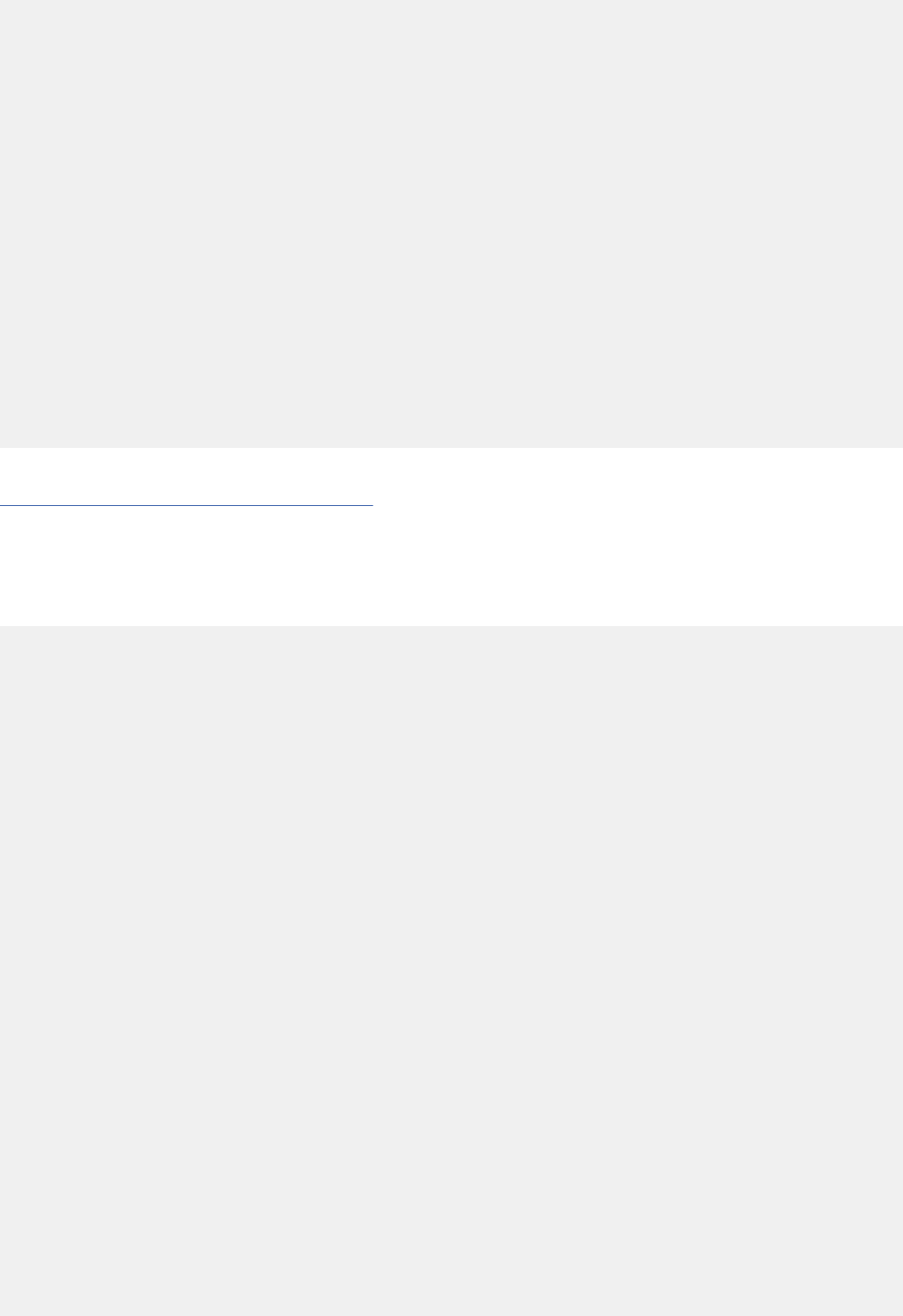
/**********************************************************/
/* SQL RETURN CODE HANDLING WHEN PROCESSING CANNOT PROCEED*/
/**********************************************************/
EXEC SQL WHENEVER SQLERROR CONTINUE;
EXEC SQL WHENEVER SQLWARNING CONTINUE;
EXEC SQL WHENEVER NOT FOUND CONTINUE;
EXEC SQL ROLLBACK; /* PERFORM ROLLBACK */
IF SQLCODE = ZERO THEN
DO; /* ROLLBACK SUCCESSFUL,*/
/* ALL UPDATES REMOVED */
CALL DSN8MPG (MODULE, '053I', OUTMSG);
PUT FILE (REPORT) EDIT (OUTMSG) (SKIP(2),A);
END;
ELSE
DO; /* ROLLBACK FAILED,*/
/* RETURN CODE IS: */
CALL DSN8MPG (MODULE, '061E', OUTMSG);
PUT FILE (REPORT) EDIT (OUTMSG,SQLCODE) (SKIP(2),A,F(10));
END;
PGMEND: /* PROGRAM END */
END;
Related reference
“Sample applications in TSO” on page 1035
A set of Db2 sample applications run in the TSO environment.
DSN8BF3
THIS MODULE LISTS EMPLOYEE PHONE NUMBERS AND UPDATES THEM IF DESIRED.
PROGRAM DSN8B3
**********************************************************************
* *
* MODULE NAME = DSN8BF3, PROGRAM DSN8B3 *
* *
* DESCRIPTIVE NAME = DB2 SAMPLE APPLICATION *
* PHONE APPLICATION *
* BATCH *
* FORTRAN *
* *
* LICENSED MATERIALS - PROPERTY OF IBM *
* 5695-DB2 *
* (C) COPYRIGHT 1982, 1995 IBM CORP. ALL RIGHTS RESERVED. *
* *
* STATUS = VERSION 4 *
* *
* FUNCTION = THIS MODULE LISTS EMPLOYEE PHONE NUMBERS AND *
* UPDATES THEM IF DESIRED. *
* *
* NOTES = NONE *
* *
* *
* MODULE TYPE = FORTRAN PROGRAM *
* PROCESSOR = DB2 PRECOMPILER, VS FORTRAN *
* MODULE SIZE = SEE LINK EDIT *
* ATTRIBUTES = NOT REENTRANT OR REUSABLE *
* *
* ENTRY POINT = DSN8BF3 *
* PURPOSE = SEE FUNCTION *
* LINKAGE = INVOKED FROM DSN RUN *
* INPUT = *
* *
* SYMBOLIC LABEL/NAME = FT05F001 *
* DESCRIPTION = INPUT REQUEST FILE *
* *
* SYMBOLIC LABEL/NAME = VPHONE *
* DESCRIPTION = VIEW OF TELEPHONE INFORMATION *
* *
* OUTPUT = *
* *
* SYMBOLIC LABEL/NAME = FT06F001 *
* DESCRIPTION = = PRINTED REPORT AND RESULTS *
1062
Db2 12 for z/OS: Application Programming and SQL Guide (Last updated: 2024-07-30)

* *
* SYMBOLIC LABEL/NAME = VEMPLP *
* DESCRIPTION = VIEW OF EMPLOYEE INFORMATION *
* *
* *
* EXIT-NORMAL = RETURN CODE 0 NORMAL COMPLETION *
* *
* EXIT-ERROR = *
* *
* RETURN CODE = NONE *
* *
* ABEND CODES = NONE *
* *
* ERROR-MESSAGES = *
* DSN8000I - REQUEST IS: ... *
* DSN8004I - EMPLOYEE SUCCESSFULLY UPDATED *
* DSN8007E - EMPLOYEE DOES NOT EXIST, UPDATE NOT DONE *
* DSN8008I - NO EMPLOYEE FOUND IN TABLE *
* DSN8051I - PROGRAM ENDED *
* DSN8053I - ROLLBACK SUCCESSFUL, ALL UPDATES REMOVED *
* DSN8060E - SQL ERROR, RETURN CODE IS: *
* DSN8061E - ROLLBACK FAILED, RETURN CODE IS: *
* DSN8068E - INVALID REQUEST, SHOULD BE 'L' OR 'U' *
* DSN8075E - MESSAGE FORMAT ERROR, *
* RETURN CODE IS: *
* *
* EXTERNAL REFERENCES = *
* ROUTINES/SERVICES = *
* DSNTIR - TRANSLATE SQLCA INTO MESSAGES *
* *
* DATA-AREAS = NONE *
* *
* CONTROL-BLOCKS = *
* SQLCA - SQL COMMUNICATION AREA *
* *
* TABLES = NONE *
* *
* CHANGE-ACTIVITY = NONE *
* *
* *
* *PSEUDOCODE* *
* *
* PROCEDURE *
* DO WHILE MORE INPUT *
* GET INPUT *
* CREATE REPORT HEADING *
* CASE (ACTION) *
* *
* SUBCASE ('L') *
* IF LASTNAME IS '*' THEN *
* LIST ALL EMPLOYEES *
* ELSE *
* IF LASTNAME CONTAINS '%' THEN *
* LIST EMPLOYEES GENERIC *
* ELSE *
* LIST EMPLOYEES SPECIFIC *
* ENDSUB *
* *
* SUBCASE ('U') *
* UPDATE PHONENUMBER FOR EMPLOYEE *
* WRITE CONFIRMATION MESSAGE *
* *
* OTHERWISE *
* INVALID REQUEST *
* ENDSUB *
* *
* ENDCASE *
* GET NEXT INPUT *
* END *
* *
* IF SQL ERROR OCCURS THEN *
* ROLLBACK *
* END. *
* *
*--------------------------------------------------------------------*
*************************************
* SQL DECLARATION FOR VIEW VPHONE *
*************************************
EXEC SQL DECLARE VPHONE TABLE
C (LASTNAME VARCHAR(15) NOT NULL,
Chapter 12. Sample data and applications supplied with Db2 for z/OS
1063

C FIRSTNAME VARCHAR(12) NOT NULL,
C MIDDLEINITIAL CHAR( 1) NOT NULL,
C PHONENUMBER CHAR( 4) ,
C EMPLOYEENUMBER CHAR( 6) NOT NULL,
C DEPTNUMBER CHAR( 3) NOT NULL,
C DEPTNAME VARCHAR(36) NOT NULL)
*************************************
* SQL DECLARATION FOR VIEW VEMPLP *
*************************************
EXEC SQL DECLARE VEMPLP TABLE
C (EMPLOYEENUMBER CHAR( 6) NOT NULL,
C PHONENUMBER CHAR( 4) )
*************************************
* PPHONE FIELDS *
*************************************
CHARACTER * 15 LASTNM
CHARACTER * 12 FIRSTN
CHARACTER * 1 MIDINI
CHARACTER * 4 PHONEN
CHARACTER * 6 EMPNO
CHARACTER * 3 DEPTNO
CHARACTER * 36 DEPTNM
*************************************
* INPUT FIELDS *
*************************************
CHARACTER * 1 ACTION
CHARACTER * 15 LNAME
CHARACTER * 12 FNAME
CHARACTER * 6 ENO
CHARACTER * 4 NEWNO
CHARACTER * 15 LNAMEW
CHARACTER * 12 FNAMEW
*************************************
* SQL CURSORS *
*************************************
EXEC SQL DECLARE TELE1 CURSOR FOR
C SELECT *
C FROM VPHONE
EXEC SQL DECLARE TELE2 CURSOR FOR
C SELECT *
C FROM VPHONE
C WHERE LASTNAME LIKE :LNAMEW
C AND FIRSTNAME LIKE :FNAMEW
EXEC SQL DECLARE TELE3 CURSOR FOR
C SELECT *
C FROM VPHONE
C WHERE LASTNAME = :LNAME
C AND FIRSTNAME LIKE :FNAMEW
*************************************
* SQL RETURN CODES: OK/NOTFOUND *
*************************************
INTEGER OK/0/,NOTFND/100/
*************************************
* REPORT FORMATS AND INPUT *
*************************************
100 FORMAT ('0',A29,A21,A28)
200 FORMAT ('0',A9,7X,A10,3X,A7,1X,A5,2X,A8,
C 1X,A4,1X,A4,/,38X,A6,1X,A6,3X,
C A4,1X,A4,1X,A4,/)
300 FORMAT (' ',A15,1X,A12,4X,A1,4X,A4,3X,A6,3X,
C A3,2X,A36)
400 FORMAT (A1,A15,A12,A6,A4)
500 FORMAT ('0', A)
600 FORMAT ('0', A, I8)
700 FORMAT ('1',A,//,
C 5X,'REQUEST',2X,'LAST NAME',8X,'FIRST NAME',4X,
C 'EMPNO',3X,'NEW XT.NO',/,
C 3X,'--',A1,6X,'--',A15,'--',A12,'--',A6,'--',A4,' --')
1064
Db2 12 for z/OS: Application Programming and SQL Guide (Last updated: 2024-07-30)

800 FORMAT ('1')
*************************************
* MESSAGES *
*************************************
CHARACTER * 30 DSN800
CHARACTER * 48 DSN804
CHARACTER * 60 DSN868
CHARACTER * 59 DSN807
CHARACTER * 45 DSN860
CHARACTER * 59 DSN853
CHARACTER * 51 DSN861
CHARACTER * 45 DSN808
CHARACTER * 64 DSN875
CHARACTER * 32 DSN851
*************************************
* VARIABLES USED WITH DSNTIR *
*************************************
INTEGER ERRLEN /960/
CHARACTER*120 ERRTXT(8)
*************************************
* MISCELLANEOUS VARIABLES *
*************************************
INTEGER I, ICODE
CHARACTER * 15 PERC15
*************************************
* SQL COMMUNICATION AREA *
*************************************
EXEC SQL INCLUDE SQLCA
*************************************
* DATA STATEMENTS *
*************************************
DATA PERC15
C/'%%%%%%%%%%%%%%%'/
DATA DSN800
C/'DSN8000I: DSN8BF3-REQUEST IS:'/
DATA DSN804
C/'DSN8004I: DSN8BF3-EMPLOYEE SUCCESSFULLY UPDATED'/
DATA DSN868
C/'DSN8068E: DSN8BF3-INVALID REQUEST, SHOULD BE ''L'' OR ''U'''/
DATA DSN807
C/'DSN8007E: DSN8BF3-EMPLOYEE DOES NOT EXIST, UPDATE NOT DONE'/
DATA DSN860
C/'DSN8060E: DSN8BF3-SQL ERROR, RETURN CODE IS:'/
DATA DSN853
C/'DSN8053I: DSN8BF3-ROLLBACK SUCCESSFUL, ALL UPDATES REMOVED'/
DATA DSN861
C/'DSN8061E: DSN8BF3-ROLLBACK FAILED, SQLCODE IS:'/
DATA DSN808
C/'DSN8008I: DSN8BF3-NO EMPLOYEE FOUND IN TABLE'/
DATA DSN875
C/'DSN8075E: DSN8BF3-MESSAGE FORMAT ROUTINE ERROR, RETURN CODE IS:
C'/
DATA DSN851
C/'DSN8051I: DSN8BF3-PROGRAM ENDED'/
*************************************
* SQL RETURN CODE HANDLING *
*************************************
EXEC SQL WHENEVER SQLERROR GOTO 4000
EXEC SQL WHENEVER SQLWARNING GOTO 4000
*************************************
* START OF PROGRAM *
*************************************
*************************************
* CONTINUE WHILE MORE INPUT *
*************************************
1000 CONTINUE
Chapter 12. Sample data and applications supplied with Db2 for z/OS
1065

*************************************
* GET NEXT INPUT *
*************************************
READ (UNIT=05,FMT=400,END=3000) ACTION, LNAME, FNAME, ENO, NEWNO
WRITE (UNIT=06,FMT=700) DSN800, ACTION, LNAME, FNAME, ENO, NEWNO
WRITE (UNIT=06,FMT=800)
*************************************
* CREATE REPORT HEADING *
* SELECT ACTION *
*************************************
* **CREATE REPORT HEADING
WRITE (UNIT=06,FMT=100) '-----------------------------',
C ' TELEPHONE DIRECTORY ',
C '----------------------------'
WRITE (UNIT=06,FMT=200) 'LAST NAME', 'FIRST NAME', 'INITIAL',
C 'PHONE', 'EMPLOYEE', 'WORK', 'WORK', 'NUMBER',
C 'NUMBER', 'DEPT', 'DEPT', 'NAME'
* **SELECT ACTION
* **LIST EMPLOYEES
IF (ACTION .EQ. 'L') THEN
GOTO 1010
* **PERFORM UPDATE
ELSE IF (ACTION .EQ. 'U') THEN
GOTO 1700
* **INVALID REQUEST
ELSE
GOTO 1800
END IF
1010 CONTINUE
************************************
* ACTION - LIST *
************************************
IF (LNAME .NE. '*') GOTO 1300
***************************************
* LIST ALL EMPLOYEES *
***************************************
* **OPEN CURSOR
EXEC SQL OPEN TELE1
NBRETR = 0
1100 CONTINUE
* **GET EMPLOYEE
EXEC SQL FETCH TELE1 INTO
C :LASTNM,:FIRSTN,:MIDINI,
C :PHONEN,:EMPNO,:DEPTNO,:DEPTNM
IF (SQLCOD .EQ. NOTFND) GO TO 1200
* **LIST ALL EMPLOYEES
NBRETR = NBRETR + 1
WRITE (UNIT=06,FMT=300)
C LASTNM,FIRSTN,MIDINI,
C PHONEN, EMPNO, DEPTNO, DEPTNM
GO TO 1100
* **NO EMPLOYEE FOUND
* **PRINT ERROR MESSAGE
1200 CONTINUE
IF (NBRETR .EQ. 0) WRITE (UNIT=06,FMT=500) DSN808
* **CLOSE CURSOR
EXEC SQL CLOSE TELE1
GO TO 1000
*************************************
* ELSE DETERMINE IF LASTNAME *
* OR FIRSTNAME IS GIVEN *
*************************************
1066
Db2 12 for z/OS: Application Programming and SQL Guide (Last updated: 2024-07-30)

1300 CONTINUE
IPOS=INDEX(LNAME,'%')
********************************************
* REPLACE FIRST BLANK AND FOLLOWING *
* CHARACTERS IN LASTNAME WORK (LNAMEW) *
* WITH CHARACTER % FOR LIKE PREDICATE. *
********************************************
IBLANK=INDEX(LNAME,' ')
IF (IBLANK .GT. 1 ) THEN
LNAMEW = LNAME(1:IBLANK-1)//PERC15(1:15-IBLANK+1)
ELSE IF (IBLANK .EQ. 1) THEN
LNAMEW=PERC15
IPOS = 1
ELSE
END IF
********************************************
* REPLACE FIRST BLANK AND FOLLOWING *
* CHARACTERS IN FIRSTNAME WORK (FNAMEW) *
* WITH CHARACTER % FOR LIKE PREDICATE. *
********************************************
IBLANK=INDEX(FNAME,' ')
IF (IBLANK .GT. 1 ) THEN
FNAMEW = FNAME(1:IBLANK-1)//PERC15(1:12-IBLANK+1)
ELSE IF (IBLANK .EQ. 1) THEN
FNAMEW=PERC15(1:12)
ELSE
END IF
IF (IPOS .LE. 0) GOTO 1600
********************************************
* LIST GENERIC EMPLOYEES *
********************************************
* **OPEN CURSOR
EXEC SQL OPEN TELE2
NBRETR = 0
1400 CONTINUE
* **GET EMPLOYEES
EXEC SQL FETCH TELE2 INTO
C :LASTNM,:FIRSTN,:MIDINI,
C :PHONEN,:EMPNO,:DEPTNO,:DEPTNM
IF (SQLCOD .EQ. NOTFND) GO TO 1500
* **LIST GENERIC EMPLOYEES
NBRETR = NBRETR + 1
WRITE (UNIT=06,FMT=300)
C LASTNM,FIRSTN,MIDINI,
C PHONEN, EMPNO, DEPTNO, DEPTNM
GOTO 1400
* **EMPLOYEE NOT FOUND
* **PRINT ERROR MESSAGE
1500 CONTINUE
IF (NBRETR .EQ. 0) WRITE (UNIT=06,FMT=500) DSN808
* **CLOSE CURSOR
EXEC SQL CLOSE TELE2
GOTO 1000
********************************************
* LIST SPECIFIC EMPLOYEES *
********************************************
1600 CONTINUE
* **OPEN CURSOR
EXEC SQL OPEN TELE3
NBRETR = 0
1620 CONTINUE
* **GET EMPLOYEES
EXEC SQL FETCH TELE3 INTO
Chapter 12. Sample data and applications supplied with Db2 for z/OS
1067

C :LASTNM,:FIRSTN,:MIDINI,
C :PHONEN,:EMPNO,:DEPTNO,:DEPTNM
IF (SQLCOD .EQ. NOTFND) GO TO 1640
* **LIST SPECIFIC EMPLOYEES
NBRETR = NBRETR + 1
WRITE (UNIT=06,FMT=300)
C LASTNM,FIRSTN,MIDINI,
C PHONEN, EMPNO, DEPTNO, DEPTNM
GO TO 1620
* **EMPLOYEE NOT FOUND
* **PRINT ERROR MESSAGE
1640 CONTINUE
IF (NBRETR .EQ. 0) WRITE (UNIT=06,FMT=500) DSN808
* **CLOSE CURSOR
EXEC SQL CLOSE TELE3
GO TO 1000
************************************************
* UPDATE PHONE NUMBERS FOR EMPLOYEES *
************************************************
1700 CONTINUE
* **PERFORM UPDATE
EXEC SQL UPDATE VEMPLP
C SET PHONENUMBER = :NEWNO
C WHERE EMPLOYEENUMBER = :ENO
IF (SQLCOD .EQ. OK) THEN
* **UPDATE SUCCESSFUL
* **EMPLOYEE FOUND
* **PRINT CONFIRMATION
* **MESSAGE
WRITE (UNIT=06,FMT=500) DSN804
ELSE
* **UPDATE FAILED
* **EMPLOYEE NOT FOUND
* **PRINT ERROR MESSAGE
WRITE (UNIT=06,FMT=500) DSN807
END IF
GO TO 1000
* ** INVALID REQUEST
* ** PRINT ERROR MESSAGE
1800 CONTINUE
WRITE (UNIT=06,FMT=500) DSN868
GO TO 1000
******************
* END OF LOOP *
* FOR MORE INPUT *
******************
* ** THIS LABEL IS
* ** BRANCHED TO FOR
* ** END OF DATA
3000 CONTINUE
WRITE (UNIT=06,FMT=800)
WRITE (UNIT=06,FMT=500) DSN851
RETURN
*********************************************
* IF SQL ERROR OCCURRED - GET ERROR MESSAGE*
*********************************************
EXEC SQL WHENEVER SQLERROR CONTINUE
EXEC SQL WHENEVER SQLWARNING CONTINUE
EXEC SQL WHENEVER NOT FOUND CONTINUE
4000 CONTINUE
* **SQL ERROR
* **PRINT ERROR MESSAGE
WRITE (UNIT=06,FMT=600) DSN860, SQLCOD
CALL DSNTIR ( ERRLEN, ERRTXT, ICODE )
IF (ICODE .EQ. OK) THEN
1068
Db2 12 for z/OS: Application Programming and SQL Guide (Last updated: 2024-07-30)
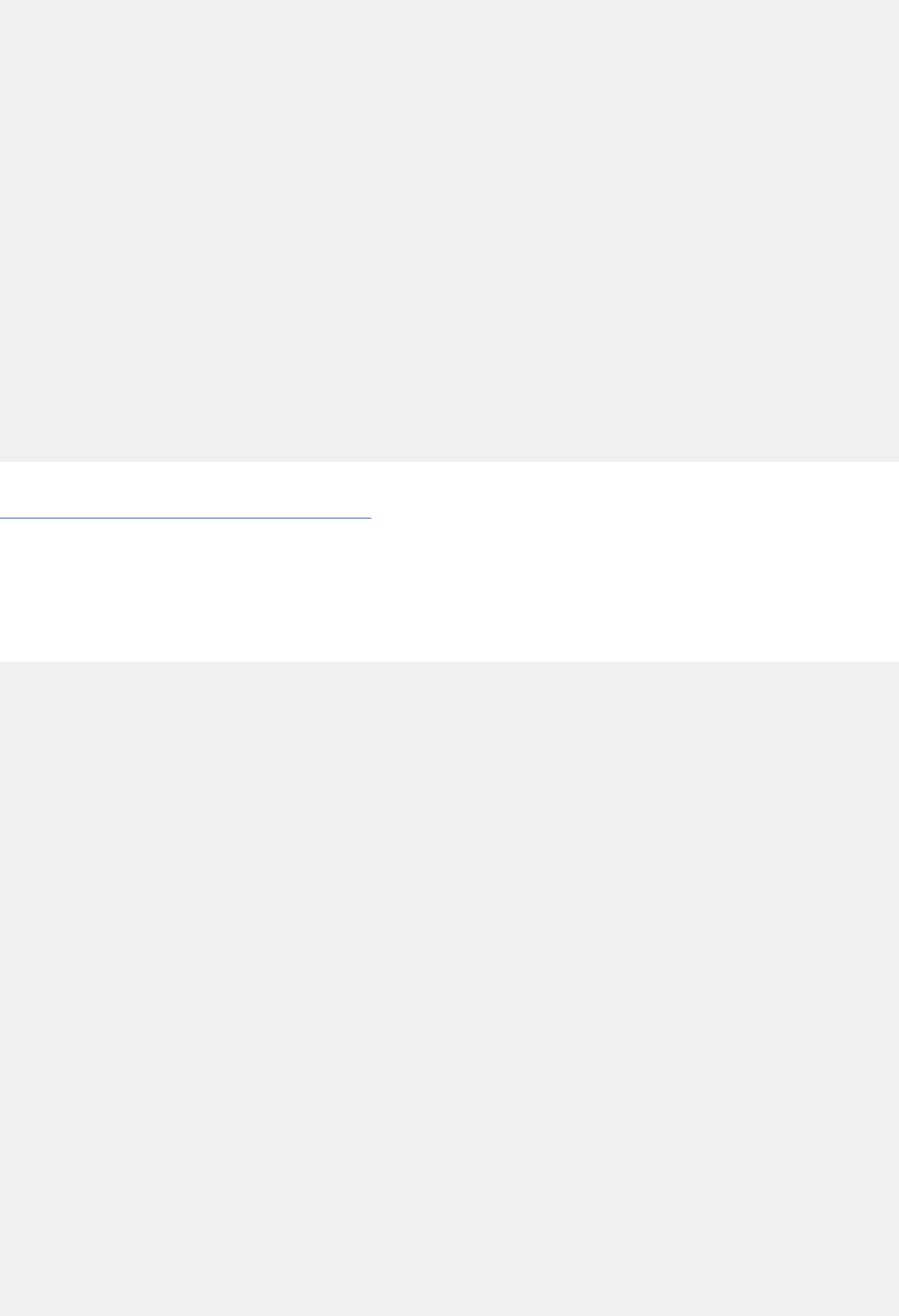
DO 4100 I=1, 10
WRITE (UNIT=06,FMT=500) ERRTXT(I)
4100 CONTINUE
ELSE
* **ERROR DETECTED BY
* **MESSAGE FORMAT
* **ROUTINE
* **PRINT ERROR MESSAGE
WRITE (UNIT=06,FMT=600) DSN875, ICODE
END IF
* **PERFORM ROLLBACK
EXEC SQL ROLLBACK
IF (SQLCOD .EQ. OK) THEN
* **ROLLBACK SUCCESSFUL
* **PRINT CONFIRMATION
* **MESSAGE
WRITE (UNIT=06,FMT=500) DSN853
ELSE
* **ROLLBACK FAILED
* **PRINT ERROR MESSAGE
WRITE (UNIT=06,FMT=600) DSN861, SQLCOD
END IF
RETURN
END
Related reference
“Sample applications in TSO” on page 1035
A set of Db2 sample applications run in the TSO environment.
DSN8HC3
THIS MODULE DISPLAYS THE Db2 DEPARTMENT AND EMPLOYEE TABLES AND UPDATES THEM IF
DESIRED.
IDENTIFICATION DIVISION. 00000100
*----------------------- 00000200
PROGRAM-ID. DSN8HC3. 00000300
00000400
*---------------------------------------------------------------* 00000500
* * 00000600
* MODULE NAME = DSN8HC3 * 00000700
* * 00000800
* DESCRIPTIVE NAME = DB2 SAMPLE APPLICATION * 00000900
* ORGANIZATION APPLICATION * 00001000
* ISPF * 00001100
* COBOL * 00001200
* LICENSED MATERIALS - PROPERTY OF IBM * 00001300
* 5615-DB2 * 00001400
* (C) COPYRIGHT 1982, 2013 IBM CORP. ALL RIGHTS RESERVED. * 00001500
* * 00001600
* STATUS = VERSION 11 * 00001700
* * 00001800
* * 00001900
* * 00002000
* FUNCTION = THIS MODULE DISPLAYS THE DB2 DEPARTMENT AND * 00002100
* EMPLOYEE TABLES AND UPDATES THEM IF DESIRED. * 00002200
* * 00002300
* NOTES = * 00002400
* DEPENDENCIES = REQUIRED ISPF PANELS: * 00002500
* DSN8SSH * 00002600
* DSN8SSH1 * 00002700
* DSN8SSH2 * 00002800
* DSN8SSH3 * 00002900
* DSN8SSH4 * 00003000
* DSN8SSH5 * 00003100
* RESTRICTIONS = NONE * 00003200
* * 00003300
* MODULE TYPE = VS COBOL II PROGRAM * 00003400
* PROCESSOR = DB2 PRECOMPILER, VS COBOL II * 00003500
* MODULE SIZE = SEE LINKEDIT * 00003600
* ATTRIBUTES = NOT REENTRANT OR REUSABLE * 00003700
* * 00003800
* ENTRY POINT = DSN8HC3 * 00003900
* PURPOSE = SEE FUNCTION * 00004000
Chapter 12. Sample data and applications supplied with Db2 for z/OS
1069

* LINKAGE = INVOKED FROM ISPF * 00004100
* * 00004200
* INPUT = PARAMETERS EXPLICITLY PASSED TO THIS FUNCTION: * 00004300
* INPUT-MESSAGE: * 00004400
* * 00004500
* SYMBOLIC LABEL/NAME = DSN8SSH * 00004600
* DESCRIPTION = MAIN MENU * 00004700
* * 00004800
* SYMBOLIC LABEL/NAME = DSN8SSH2 * 00004900
* DESCRIPTION = DEPARTMENT PANEL * 00005000
* * 00005100
* SYMBOLIC LABEL/NAME = DSN8SSH3 * 00005200
* DESCRIPTION = SELECT FROM LIST PANEL * 00005300
* * 00005400
* SYMBOLIC LABEL/NAME = DSN8SSH4 * 00005500
* DESCRIPTION = SELECT FROM LIST PANEL * 00005600
* * 00005700
* SYMBOLIC LABEL/NAME = DSN8SSH5 * 00005800
* DESCRIPTION = EMPLOYEE PANEL * 00005900
* * 00006000
* SYMBOLIC LABEL/NAME = VHDEPT * 00006100
* DESCRIPTION = VIEW OF DEPARTMENT DATA * 00006200
* * 00006300
* SYMBOLIC LABEL/NAME = VEMP * 00006400
* DESCRIPTION = VIEW OF EMPLOYEE DATA * 00006500
* * 00006600
* OUTPUT = PARAMETERS EXPLICITLY RETURNED: * 00006700
* OUTPUT-MESSAGE: * 00006800
* * 00006900
* SYMBOLIC LABEL/NAME = DSN8SSH * 00007000
* DESCRIPTION = MAIN MENU PANEL * 00007100
* * 00007200
* SYMBOLIC LABEL/NAME = DSN8SSH1 * 00007300
* DESCRIPTION = DEPARTMENT STRUCTURE PANEL * 00007400
* * 00007500
* SYMBOLIC LABEL/NAME = DSN8SSH2 * 00007600
* DESCRIPTION = DEPARTMENT PANEL * 00007700
* * 00007800
* SYMBOLIC LABEL/NAME = DSN8SSH3 * 00007900
* DESCRIPTION = SELECTION LIST PANEL * 00008000
* * 00008100
* SYMBOLIC LABEL/NAME = DSN8SSH4 * 00008200
* DESCRIPTION = SELECTION LIST PANEL * 00008300
* * 00008400
* SYMBOLIC LABEL/NAME = DSN8SSH5 * 00008500
* DESCRIPTION = EMPLOYEE PANEL * 00008600
* * 00008700
* EXIT-NORMAL = RETURN CODE 0 NORMAL COMPLETION * 00008800
* * 00008900
* EXIT-ERROR = * 00009000
* * 00009100
* RETURN CODE = NONE * 00009200
* * 00009300
* ABEND CODES = NONE * 00009400
* * 00009500
* * 00009600
* ERROR-MESSAGES = * 00009700
* DSN8001I - EMPLOYEE NOT FOUND * 00009800
* DSN8002I - EMPLOYEE SUCCESSFULLY ADDED * 00009900
* DSN8003I - EMPLOYEE SUCCESSFULLY ERASED * 00010000
* DSN8004I - EMPLOYEE SUCCESSFULLY UPDATED * 00010100
* DSN8005E - EMPLOYEE EXISTS ALREADY, ADD NOT DONE * 00010200
* DSN8006E - EMPLOYEE DOES NOT EXIST, ERASE NOT DONE * 00010300
* DSN8007E - EMPLOYEE DOES NOT EXIST, UPDATE NOT DONE* 00010400
* DSN8011I - DEPARTMENT NOT FOUND * 00010500
* DSN8012I - DEPARTMENT SUCCESSFULLY ADDED * 00010600
* DSN8013I - DEPARTMENT SUCCESSFULLY ERASED * 00010700
* DSN8014I - DEPARTMENT SUCCESSFULLY UPDATED * 00010800
* DSN8015E - DEPARTMENT EXISTS ALREADY, ADD NOT DONE * 00010900
* DSN8016E - DEPARTMENT DOES NOT EXIST, ERASE NOT * 00011000
* DONE * 00011100
* DSN8017E - DEPARTMENT DOES NOT EXIST, UPDATE NOT * 00011200
* DONE * 00011300
* DSN8060E - SQL ERROR, RETURN CODE IS: * 00011400
* DSN8074E - DATA IS TOO LONG FOR SEARCH CRITERIA * 00011500
* DSN8079E - CONNECTION NOT ESTABLISHED * 00011600
* DSN8200E - INVALID DEPARTMENT NUMBER, EMPLOYEE NOT * 00011700
* ADDED * 00011800
* DSN8203E - INVALID WORK DEPT, EMPLOYEE NOT UPDATED * 00011900
* DSN8210E - INVALID MGRNO, DEPARTMENT NOT ADDED * 00012000
* DSN8213E - INVALID ADMIN DEPT ID, DEPARTMENT NOT * 00012100
* ADDED * 00012200
1070
Db2 12 for z/OS: Application Programming and SQL Guide (Last updated: 2024-07-30)

* DSN8214E - INVALID MANAGER ID, DEPARTMENT NOT * 00012300
* UPDATED * 00012400
* DSN8215E - INVALID ADMIN DEPT ID, DEPARTMENT NOT * 00012500
* UPDATED * 00012600
* DSN8216E - DEPT NOT AT SPECIFIED LOCATION, EMPLOYEE* 00012700
* NOT ADDED * 00012800
* DSN8217E - DEPT NOT AT SPECIFIED LOCATION, EMP NOT * 00012900
* UPDATED * 00013000
* * 00013100
* EXTERNAL REFERENCES = * 00013200
* ROUTINES/SERVICES = * 00013300
* DSN8MCG - ERROR MESSAGE ROUTINE * 00013400
* ISPLINK - ISPF SERVICES ROUTINE * 00013500
* * 00013600
* DATA-AREAS = * 00013700
* NONE * 00013800
* * 00013900
* CONTROL-BLOCKS = * 00014000
* SQLCA - SQL COMMUNICATION AREA * 00014100
* * 00014200
* TABLES = NONE * 00014300
* * 00014400
* * 00014500
* CHANGE-ACTIVITY = NONE * 00014600
* * 00014700
* *PSEUDOCODE* * 00014800
* * 00014900
* SET UP RETURN CODE HANDLING 0000-PROGRAM-START* 00015000
* SET PREVIOUS LOCATION TO LOCAL * 00015100
* DO UNTIL NO MORE TERMINAL INPUT * 00015200
* GET PANEL INPUT 1000-MAIN-LOOP * 00015300
* IF CURRENT AND PREVIOUS LOCATION DIFFER THEN * 00015400
* IF REMOTE LOCATION THEN * 00015500
* CONNECT TO REMOTE LOCATION * 00015600
* ELSE RESET TO LOCAL LOCATION * 00015700
* DETERMINE PROCESSING REQUEST * 00015800
* IF ACTION FIELD ADD: * 00015900
* IF OBJECT FIELD IS DE: * 00016000
* ADD RECORD TO VHDEPT TABLES 2000-ADDDEPT * 00016100
* AT ALL LOCATIONS * 00016200
* ELSE IF OBJECT FIELD IS EM: * 00016300
* ADD RECORD TO VEMP TABLE 3000-ADDEMP * 00016400
* ELSE: * 00016500
* ELSE: * 00016600
* IF OBJECT FIELD DE OR DS: 5000-DEPARTMENT * 00016700
* IF "LIST GENERIC": 5100-GENDEPT * 00016800
* CHOOSE CURSOR BASED ON 5110-GETDEPTTAB * 00016900
* SEARCH CRITERIA AND DATA * 00017000
* CREATE ISPF TABLE * 00017100
* DO UNTIL NO MORE RECORDS: * 00017200
* FETCH RECORD * 00017300
* STORE RECORD IN TABLE * 00017400
* DISPLAY DEPARTMENT LIST 5121-GETDEPT * 00017500
* ON SCREEN * 00017600
* STORE SELECTED DEPT ID IN * 00017700
* HOST VARIABLE * 00017800
* ELSE: * 00017900
* IF OBJFLD IS DE: 5200-DISPLAYDEPT * 00018000
* FETCH SELECTED DEPT * 00018100
* DISPLAY DEPT ON SCREEN 5210-DISDEPTACT * 00018200
* IF ACTION IS ERASE: 5220-ERASEDEPT * 00018300
* DELETE DEPARTMENT AT 5221-DELDEPTS * 00018400
* ALL LOCATIONS * 00018500
* PERFORM CASCADE DELETE 5223-DELDEPEND * 00018600
* OF DEPENDENT DEPTS * 00018700
* AT ALL LOCATIONS * 00018800
* ELSE IF ACTION IS UPDATE: 5230-UPDATEDEPT * 00018900
* UPDATE DEPARTMENT AT * 00019000
* ALL LOCATIONS * 00019100
* ELSE: * 00019200
* ELSE (OBJFLD IS DS): 5300-STRUCTURE * 00019300
* FETCH SELECTED DEPT * 00019400
* DISPLAY SELECTED DEPT * 00019500
* CREATE ISPF TABLE 5310-DISSTR * 00019600
* DO UNTIL NO MORE RECORDS: 5312-GETSTRTAB * 00019700
* FETCH DEPT REPORTING TO * 00019800
* SELECTED DEPT * 00019900
* STORE RECORD IN TABLE * 00020000
* DISPLAY DEPT LIST ON SCREEN * 00020100
* ELSE (OBJFLD IS EM): 6000-EMPLOYEE * 00020200
* IF "LIST GENERIC": 6100-GENEMP * 00020300
* CHOOSE CURSOR BASED ON 6110-GETEMPTAB * 00020400
Chapter 12. Sample data and applications supplied with Db2 for z/OS
1071

* SEARCH CRITERIA AND DATA * 00020500
* CREATE ISPF TABLE * 00020600
* DO UNTIL NO MORE RECORDS: * 00020700
* FETCH RECORD * 00020800
* STORE RECORD IN TABLE * 00020900
* DISPLAY DEPARTMENT LIST 6121-GETEMP * 00021000
* ON SCREEN * 00021100
* STORE SELECTED DEPT ID IN * 00021200
* HOST VARIABLE * 00021300
* ELSE: * 00021400
* FETCH SELECTED EMPLOYEE 6200-DISPLAYEMP * 00021500
* DISPLAY EMPLOYEE ON SCREEN * 00021600
* IF ACTION IS ERASE: 6220-ERASEEMP * 00021700
* DELETE EMPLOYEE FROM VEMP * 00021800
* ELSE IF ACTION IS UPDATE: 6230-UPDATEEMP * 00021900
* UPDATE EMPLOYEE IN VEMP * 00022000
* END-DO UNTIL NO MORE TERMINAL INPUT * 00022100
* RELEASE ALL CONNECTIONS * 00022200
*---------------------------------------------------------------* 00022300
ENVIRONMENT DIVISION. 00022400
*------------------------ 00022500
INPUT-OUTPUT SECTION. 00022600
FILE-CONTROL. 00022700
SELECT MSGOUT ASSIGN TO UT-S-SYSPRINT. 00022800
00022900
DATA DIVISION. 00023000
*------------------------ 00023100
FILE SECTION. 00023200
00023300
FD MSGOUT 00023400
RECORD CONTAINS 71 CHARACTERS 00023500
LABEL RECORDS ARE OMITTED. 00023600
01 MSGREC PIC X(71). 00023700
00023800
WORKING-STORAGE SECTION. 00023900
*---------------------------------------------------------------* 00024000
77 COIBM PIC X(54) VALUE IS 00024100
'COPYRIGHT = 5665-DB2 (C) COPYRIGHT IBM CORP 1982, 1990'. 00024200
77 MODULE PIC X(07) VALUE 'DSN8HC3'. 00024300
77 MSGS-VAR PIC X(08) VALUE 'DSN8MSGS'. 00024400
77 MSGCODE PIC X(06). 00024500
77 SEL-EXIT PIC X(01). 00024600
77 GEND-EXIT PIC X(01). 00024700
77 GENE-EXIT PIC X(01). 00024800
77 SPECIAL-EXIT PIC X(01). 00024900
77 ROWS-CHANGED PIC 9(04). 00025000
77 NUMROWS PIC 9(08). 00025100
77 PERCENT-COUNTER PIC S9(04) COMP. 00025200
77 LENGTH-COUNTER PIC S9(04) COMP. 00025300
77 W-BLANK PIC X(01) VALUE ' '. 00025400
*--------------------------------------------------------------* 00025500
* ISPF DIALOG VARIABLE NAMES * 00025600
*--------------------------------------------------------------* 00025700
EXEC SQL INCLUDE SQLCA END-EXEC. 00025800
01 LIST-PANEL-VARS. 00025900
03 CH-VAR PIC X(08) VALUE 'ZTDSELS '. 00026000
03 QROWS PIC X(08) VALUE 'QROWS '. 00026100
* 00026200
* ACTION PANEL VARIABLES 00026300
* 00026400
03 ACT-VAR PIC X(08) VALUE 'A '. 00026500
03 OBJ-VAR PIC X(08) VALUE 'OB '. 00026600
03 SEA-VAR PIC X(08) VALUE 'SE '. 00026700
03 LOC-VAR PIC X(08) VALUE 'LOCATION'. 00026800
03 DAT-VAR PIC X(08) VALUE 'NAMEID '. 00026900
* 00027000
* DEPARTMENT STRUCTURE VARIABLES 00027100
* 00027200
03 DN1M-VAR PIC X(08) VALUE 'MDEPIDP '. 00027300
03 DNAME1M-VAR PIC X(08) VALUE 'MDEPNAMP'. 00027400
03 DMGR1M-VAR PIC X(08) VALUE 'MMGRIDP '. 00027500
03 EFN1M-VAR PIC X(08) VALUE 'MMGNAMP '. 00027600
03 EMI1M-VAR PIC X(08) VALUE 'MMGMIP '. 00027700
03 ELN1M-VAR PIC X(08) VALUE 'MMGLNMP '. 00027800
03 DN1-VAR PIC X(08) VALUE 'DEPIDP '. 00027900
03 DNAME1-VAR PIC X(08) VALUE 'DEPNAMP '. 00028000
03 DMGR1-VAR PIC X(08) VALUE 'MGRIDP '. 00028100
03 EFN1-VAR PIC X(08) VALUE 'MGNAMP '. 00028200
03 EMI1-VAR PIC X(08) VALUE 'MGMIP '. 00028300
03 ELN1-VAR PIC X(08) VALUE 'MGLNMP '. 00028400
* 00028500
* DISPLAY PANEL VARIABLES 00028600
1072
Db2 12 for z/OS: Application Programming and SQL Guide (Last updated: 2024-07-30)

* 00028700
03 ACTL-VAR PIC X(08) VALUE 'PACTION '. 00028800
03 DN2-VAR PIC X(08) VALUE 'DEPID2 '. 00028900
03 DNAME2-VAR PIC X(08) VALUE 'DEPNAM2 '. 00029000
03 DMGR2-VAR PIC X(08) VALUE 'MGRID2 '. 00029100
03 DADM-VAR PIC X(08) VALUE 'MDEPID2 '. 00029200
03 DLOC-VAR PIC X(08) VALUE 'DEPLOC2 '. 00029300
03 EN2-VAR PIC X(08) VALUE 'EMPID2 '. 00029400
03 EFN2-VAR PIC X(08) VALUE 'EMPNAM2 '. 00029500
03 EMI2-VAR PIC X(08) VALUE 'EMPMI2 '. 00029600
03 ELN2-VAR PIC X(08) VALUE 'MLNM2 '. 00029700
03 EWD-VAR PIC X(08) VALUE 'DEPIDB2 '. 00029800
* 00029900
* SELECT DEPARTMENT VARIABLES 00030000
* 00030100
03 SD-VAR PIC X(08) VALUE 'SELECT '. 00030200
03 DN3-VAR PIC X(08) VALUE 'DID '. 00030300
03 DNAME3-VAR PIC X(08) VALUE 'DEPNGEN '. 00030400
03 DMGR3-VAR PIC X(08) VALUE 'MID '. 00030500
03 MGRN-VAR PIC X(08) VALUE 'MNGEN '. 00030600
* 00030700
* SELECT EMPLOYEE VARIABLES 00030800
* 00030900
03 SEM-VAR PIC X(08) VALUE 'SELEC4 '. 00031000
03 EN4-VAR PIC X(08) VALUE 'EMPID4 '. 00031100
03 EMPN-VAR PIC X(08) VALUE 'EMPNM4 '. 00031200
03 DN4-VAR PIC X(08) VALUE 'DEPID4 '. 00031300
03 DNAME4-VAR PIC X(08) VALUE 'DPNAME4 '. 00031400
* 00031500
* TABLE VARIABLES 00031600
* 00031700
03 DEPT-TABLE PIC X(08) VALUE 'DSN8DTAB'. 00031800
03 DS-TABLE PIC X(08) VALUE 'DSN8STAB'. 00031900
03 EMP-TABLE PIC X(08) VALUE 'DSN8ESEL'. 00032000
* 00032100
* VARIABLE LISTS 00032200
* 00032300
03 ACTION-VARS PIC X(27) VALUE IS 00032400
'( A OB SE LOCATION NAMEID )'. 00032500
03 IDEN-VAR PIC X(19) VALUE IS 00032600
'( PACTION )'. 00032700
03 ADD-DEPT-VARS PIC X(40) VALUE IS 00032800
'( DEPID2 DEPNAM2 MGRID2 MDEPID2 DEPLOC2)'. 00032900
03 DEPT-VARS PIC X(77) VALUE IS 00033000
'( DEPID2 DEPNAM2 MGRID2 MDEPID2 DEPLOC2 EMPID2 EMPNAM2 EMPMI00033100
- '2 MLNM2 DEPIDB2 )'. 00033200
03 ADD-EMP-VARS PIC X(39) VALUE IS 00033300
'( EMPID2 EMPNAM2 EMPMI2 MLNM2 DEPIDB2 )'. 00033400
03 SEL-EMP-VARS PIC X(47) VALUE IS 00033500
'( ZTDSELS SELEC4 EMPID4 EMPNM4 DEPID4 DPNAME4 )'. 00033600
03 SEL-DEPT-VARS PIC X(40) VALUE IS 00033700
'( ZTDSELS SELECT DID DEPNGEN MID MNGEN )'. 00033800
03 HEAD-DEPT-VARS PIC X(51) VALUE IS 00033900
'( MDEPIDP MDEPNAMP MMGRIDP MMGNAMP MMGMIP MMGLNMP )'. 00034000
03 DS-VARS PIC X(45) VALUE IS 00034100
'( DEPIDP DEPNAMP MGRIDP MGNAMP MGMIP MGLNMP )'. 00034200
01 PANEL-VARIABLE-LENGTHS. 00034300
03 CH-VAR-STG PIC 9(06) COMP VALUE 04. 00034400
03 QROWS-STG PIC 9(06) COMP VALUE 08. 00034500
* 00034600
* ACTION PANEL VARIABLES 00034700
* 00034800
03 AC-VAR-STG PIC 9(06) COMP VALUE 01. 00034900
03 OB-VAR-STG PIC 9(06) COMP VALUE 02. 00035000
03 SE-VAR-STG PIC 9(06) COMP VALUE 02. 00035100
03 LO-VAR-STG PIC 9(06) COMP VALUE 16. 00035200
03 DT-VAR-STG PIC 9(06) COMP VALUE 36. 00035300
* 00035400
* DEPARTMENT STRUCTURE VARIABLES 00035500
* 00035600
03 DN1M-VAR-STG PIC 9(06) COMP VALUE 03. 00035700
03 DNAME1M-VAR-STG PIC 9(06) COMP VALUE 36. 00035800
03 DMGR1M-VAR-STG PIC 9(06) COMP VALUE 06. 00035900
03 EFN1M-VAR-STG PIC 9(06) COMP VALUE 12. 00036000
03 EMI1M-VAR-STG PIC 9(06) COMP VALUE 01. 00036100
03 ELN1M-VAR-STG PIC 9(06) COMP VALUE 15. 00036200
03 DN1-VAR-STG PIC 9(06) COMP VALUE 03. 00036300
03 DNAME1-VAR-STG PIC 9(06) COMP VALUE 36. 00036400
03 DMGR1-VAR-STG PIC 9(06) COMP VALUE 06. 00036500
03 EFN1-VAR-STG PIC 9(06) COMP VALUE 12. 00036600
03 EMI1-VAR-STG PIC 9(06) COMP VALUE 01. 00036700
03 ELN1-VAR-STG PIC 9(06) COMP VALUE 15. 00036800
Chapter 12. Sample data and applications supplied with Db2 for z/OS
1073

* 00036900
* DISPLAY PANEL VARIABLES 00037000
* 00037100
03 ACL-VAR-STG PIC 9(06) COMP VALUE 07. 00037200
03 OCL-VAR-STG PIC 9(06) COMP VALUE 10. 00037300
03 DN2-VAR-STG PIC 9(06) COMP VALUE 03. 00037400
03 DNAME2-VAR-STG PIC 9(06) COMP VALUE 36. 00037500
03 DMGR2-VAR-STG PIC 9(06) COMP VALUE 06. 00037600
03 DADM-VAR-STG PIC 9(06) COMP VALUE 03. 00037700
03 DLOC-VAR-STG PIC 9(06) COMP VALUE 16. 00037800
03 EN2-VAR-STG PIC 9(06) COMP VALUE 06. 00037900
03 EFN2-VAR-STG PIC 9(06) COMP VALUE 12. 00038000
03 EMI2-VAR-STG PIC 9(06) COMP VALUE 01. 00038100
03 ELN2-VAR-STG PIC 9(06) COMP VALUE 15. 00038200
03 EWD-VAR-STG PIC 9(06) COMP VALUE 03. 00038300
* 00038400
* SELECT DEPARTMENT VARIABLES 00038500
* 00038600
03 SD-VAR-STG PIC 9(06) COMP VALUE 01. 00038700
03 DN3-VAR-STG PIC 9(06) COMP VALUE 03. 00038800
03 DNAME3-VAR-STG PIC 9(06) COMP VALUE 36. 00038900
03 DMGR3-VAR-STG PIC 9(06) COMP VALUE 06. 00039000
03 MGRN-VAR-STG PIC 9(06) COMP VALUE 18. 00039100
* 00039200
* SELECT EMPLOYEE VARIABLES 00039300
* 00039400
03 SEM-VAR-STG PIC 9(06) COMP VALUE 01. 00039500
03 EN4-VAR-STG PIC 9(06) COMP VALUE 06. 00039600
03 EMPN-VAR-STG PIC 9(06) COMP VALUE 17. 00039700
03 DN4-VAR-STG PIC 9(06) COMP VALUE 03. 00039800
03 DNAME4-VAR-STG PIC 9(06) COMP VALUE 36. 00039900
* 00040000
03 MSGS-VAR-STG PIC 9(06) COMP VALUE 79. 00040100
*---------------------------------------------------------------* 00040200
* ISPF DIALOG SERVICES DECLARATIONS * 00040300
*---------------------------------------------------------------* 00040400
01 I-VDEFINE PIC X(08) VALUE 'VDEFINE '. 00040500
01 I-VGET PIC X(08) VALUE 'VGET '. 00040600
01 I-VPUT PIC X(08) VALUE 'VPUT '. 00040700
01 I-DISPLAY PIC X(08) VALUE 'DISPLAY '. 00040800
01 I-TBDISPL PIC X(08) VALUE 'TBDISPL '. 00040900
01 I-TBTOP PIC X(08) VALUE 'TBTOP '. 00041000
01 I-TBCREATE PIC X(08) VALUE 'TBCREATE'. 00041100
01 I-TBCLOSE PIC X(08) VALUE 'TBCLOSE '. 00041200
01 I-TBADD PIC X(08) VALUE 'TBADD '. 00041300
01 I-TBGET PIC X(08) VALUE 'TBGET '. 00041400
01 I-TBQUERY PIC X(08) VALUE 'TBQUERY '. 00041500
*---------------------------------------------------------------* 00041600
* ISPF CALL MODIFIERS * 00041700
*---------------------------------------------------------------* 00041800
01 I-NOWRITE PIC X(08) VALUE 'NOWRITE '. 00041900
01 I-REPLACE PIC X(08) VALUE 'REPLACE '. 00042000
01 I-CHAR PIC X(08) VALUE 'CHAR '. 00042100
*---------------------------------------------------------------* 00042200
* ISPF PANEL NAMES * 00042300
*---------------------------------------------------------------* 00042400
01 SEL-PANEL PIC X(08) VALUE 'DSN8SSH '. 00042500
01 STR-PANEL PIC X(08) VALUE 'DSN8SSH1'. 00042600
01 DEPT-PANEL PIC X(08) VALUE 'DSN8SSH2'. 00042700
01 GEND-PANEL PIC X(08) VALUE 'DSN8SSH3'. 00042800
01 GENE-PANEL PIC X(08) VALUE 'DSN8SSH4'. 00042900
01 EMP-PANEL PIC X(08) VALUE 'DSN8SSH5'. 00043000
*---------------------------------------------------------------* 00043100
* LOCAL-VARIABLES * 00043200
*---------------------------------------------------------------* 00043300
01 LOCAL-VARIABLES. 00043400
03 DATAW PIC X(36). 00043500
03 GENDATA PIC X(36). 00043600
03 SEL-DEPT PIC X(01). 00043700
03 SEL-EMP PIC X(01). 00043800
03 MGR-NAME PIC X(18). 00043900
03 EMP-NAME PIC X(17). 00044000
03 TOKEN PIC X(70). 00044100
03 TEMPLOC PIC X(16). 00044200
03 PREVLOC PIC X(16). 00044300
03 TEMPDEPT PIC X(03). 00044400
03 CURDEPT PIC X(03). 00044500
03 DELDEPT PIC X(03). 00044600
03 STACKTOP PIC S9(04). 00044700
03 DEPTPTR PIC S9(04). 00044800
03 LISTPTR PIC S9(04). 00044900
03 LOCPTR PIC S9(04). 00045000
1074
Db2 12 for z/OS: Application Programming and SQL Guide (Last updated: 2024-07-30)

03 LOCTOP PIC S9(04). 00045100
03 CONVSQL PIC S9(15) COMP-3. 00045200
03 OUTMSG PIC X(69). 00045300
03 TMSG REDEFINES OUTMSG. 00045400
05 TMSGTXT PIC X(46). 00045500
05 FILLER PIC X(23). 00045600
03 MSGS PIC X(79) VALUE SPACES. 00045700
03 MSGS-DETAIL REDEFINES MSGS. 00045800
05 OUT-MESSAGE PIC X(46). 00045900
05 SQL-CODE PIC +(04). 00046000
05 FILLER PIC X(29). 00046100
00046200
01 CONV PIC S9(15) COMP-3. 00046300
01 DEPTS-TABLE. 00046400
03 DEPTS OCCURS 1000 TIMES. 00046500
05 DEPTS-ITEM PIC X(03). 00046600
01 DEPTLIST-TABLE. 00046700
03 DEPTLIST OCCURS 1000 TIMES. 00046800
05 DEPTLIST-ITEM PIC X(03). 00046900
01 LOCLIST-TABLE. 00047000
03 LOCLIST OCCURS 1000 TIMES. 00047100
05 LOCLIST-ITEM PIC X(16). 00047200
*---------------------------------------------------------------* 00047300
* ACTION PANEL - IO AREA * 00047400
*---------------------------------------------------------------* 00047500
01 PGM-PANEL-VARS. 00047600
03 ACTION PIC X(01). 00047700
03 OBJFLD PIC X(02). 00047800
03 SEARCH-CRIT PIC X(02). 00047900
03 LOCATION PIC X(16). 00048000
03 NAMEID PIC X(36). 00048100
03 ACTION-LIST PIC X(07). 00048200
*---------------------------------------------------------------* 00048300
* EMPLOYEE RECORD - IO AREA * 00048400
*---------------------------------------------------------------* 00048500
01 EMP-RECORD. 00048600
02 EMP-NUMB PIC X(06). 00048700
02 EMP-FIRST-NAME PIC X(12). 00048800
02 EMP-MID-INIT PIC X(01). 00048900
02 EMP-LAST-NAME PIC X(15). 00049000
02 EMP-WORK-DEPT PIC X(03). 00049100
01 EMP-INDICATOR-TABLE. 00049200
02 WORK-DEPT-IND PIC S9(4) COMP. 00049300
*---------------------------------------------------------------* 00049400
* EMPLOYEE RECORD FOR DEPT STRUCTURE - IO AREA * 00049500
*---------------------------------------------------------------* 00049600
01 EMP1-RECORD. 00049700
02 EMP1-NUMB PIC X(06). 00049800
02 EMP1-FIRST-NAME PIC X(12). 00049900
02 EMP1-MID-INIT PIC X(01). 00050000
02 EMP1-LAST-NAME PIC X(15). 00050100
02 EMP1-WORK-DEPT PIC X(03). 00050200
01 EMP1-INDICATOR-TABLE. 00050300
02 WORK1-DEPT-IND PIC S9(4) COMP. 00050400
*---------------------------------------------------------------* 00050500
* DEPARTMENT RECORD - IO AREA * 00050600
*---------------------------------------------------------------* 00050700
01 DEPT-RECORD. 00050800
02 DEPT-NUMB PIC X(03). 00050900
02 DEPT-NAME PIC X(36). 00051000
02 DEPT-MGR PIC X(06). 00051100
02 DEPT-ADMR PIC X(03). 00051200
02 DEPT-LOC PIC X(16). 00051300
01 DEPT-INDICATOR-TABLE. 00051400
02 DEPT-MGR-IND PIC S9(4) COMP. 00051500
*---------------------------------------------------------------* 00051600
* DEPARTMENT RECORD FOR DEPT STRUCTURE - IO AREA * 00051700
*---------------------------------------------------------------* 00051800
01 DEPT1-RECORD. 00051900
02 DEPT1-NUMB PIC X(03). 00052000
02 DEPT1-NAME PIC X(36). 00052100
02 DEPT1-MGR PIC X(06). 00052200
02 DEPT1-ADMR PIC X(03). 00052300
02 DEPT1-LOC PIC X(16). 00052400
01 DEPT1-INDICATOR-TABLE. 00052500
02 DEPT1-MGR-IND PIC S9(4) COMP. 00052600
*---------------------------------------------------------------* 00052700
* SQLCA OUTPUT * 00052800
*---------------------------------------------------------------* 00052900
00053000
01 SQLCA-LINE0. 00053100
02 FILLER PIC X(45) VALUE 00053200
Chapter 12. Sample data and applications supplied with Db2 for z/OS
1075

'DSN8060E DSN8HC3 SQL ERROR, RETURN CODE IS: '. 00053300
02 SQLCODE-MSG PIC +(16). 00053400
02 FILLER PIC X(11) VALUE SPACES. 00053500
00053600
01 SQLCA-LINE1. 00053700
02 FILLER PIC X(05) VALUE SPACES. 00053800
02 SQLCAID-NAME PIC X(13) VALUE 'SQLCAID = '. 00053900
02 SQLCAID-VALUE PIC X(08). 00054000
02 FILLER PIC X(14) VALUE SPACES. 00054100
02 SQLCABC-NAME PIC X(13) VALUE 'SQLABC = '. 00054200
02 SQLCABC-VALUE PIC Z(15). 00054300
02 FILLER PIC X(03) VALUE SPACES. 00054400
00054500
01 SQLCA-LINE2. 00054600
02 FILLER PIC X(05) VALUE SPACES. 00054700
02 SQLCODE-NAME PIC X(13) VALUE 'SQLCODE = '. 00054800
02 SQLCODE-VALUE PIC +(16). 00054900
02 FILLER PIC X(07) VALUE SPACES. 00055000
02 SQLERRML-NAME PIC X(13) VALUE 'SQLERRML = '. 00055100
02 SQLERRML-VALUE PIC Z(15). 00055200
02 FILLER PIC X(03) VALUE SPACES. 00055300
00055400
01 SQLCA-LINE3. 00055500
02 FILLER PIC X(05) VALUE SPACES. 00055600
02 SQLERRMC-NAME PIC X(13) VALUE 'SQLERRMC = '. 00055700
02 FILLER PIC X(53) VALUE SPACES. 00055800
00055900
01 SQLCA-LINE4. 00056000
02 FILLER PIC X(01) VALUE SPACES. 00056100
02 SQLERRMC-VALUE PIC X(70). 00056200
00056300
01 SQLCA-LINE5. 00056400
02 FILLER PIC X(05) VALUE SPACES. 00056500
02 SQLERRP-NAME PIC X(13) VALUE 'SQLERRP = '. 00056600
02 SQLERRP-VALUE PIC X(08). 00056700
02 FILLER PIC X(14) VALUE SPACES. 00056800
02 SQLERRD1-NAME PIC X(13) VALUE 'SQLERRD(1) = '. 00056900
02 SQLERRD1-VALUE PIC Z(14)9. 00057000
02 FILLER PIC X(03) VALUE SPACES. 00057100
00057200
01 SQLCA-LINE6. 00057300
02 FILLER PIC X(05) VALUE SPACES. 00057400
02 SQLERRD2-NAME PIC X(13) VALUE 'SQLERRD(2) = '. 00057500
02 SQLERRD2-VALUE PIC Z(14)9. 00057600
02 FILLER PIC X(07) VALUE SPACES. 00057700
02 SQLERRD3-NAME PIC X(13) VALUE 'SQLERRD(3) = '. 00057800
02 SQLERRD3-VALUE PIC Z(14)9. 00057900
02 FILLER PIC X(03) VALUE SPACES. 00058000
00058100
01 SQLCA-LINE7. 00058200
02 FILLER PIC X(05) VALUE SPACES. 00058300
02 SQLERRD4-NAME PIC X(13) VALUE 'SQLERRD(4) = '. 00058400
02 SQLERRD4-VALUE PIC Z(14)9. 00058500
02 FILLER PIC X(07) VALUE SPACES. 00058600
02 SQLERRD5-NAME PIC X(13) VALUE 'SQLERRD(5) = '. 00058700
02 SQLERRD5-VALUE PIC Z(14)9. 00058800
02 FILLER PIC X(03) VALUE SPACES. 00058900
00059000
01 SQLCA-LINE8. 00059100
02 FILLER PIC X(05) VALUE SPACES. 00059200
02 SQLERRD6-NAME PIC X(13) VALUE 'SQLERRD(6) = '. 00059300
02 SQLERRD6-VALUE PIC Z(14)9. 00059400
02 FILLER PIC X(07) VALUE SPACES. 00059500
02 SQLWARN0-NAME PIC X(13) VALUE 'SQLWARN0 = '. 00059600
02 SQLWARN0-VALUE PIC X. 00059700
02 FILLER PIC X(17) VALUE SPACES. 00059800
00059900
01 SQLCA-LINE9. 00060000
02 FILLER PIC X(05) VALUE SPACES. 00060100
02 SQLWARN1-NAME PIC X(13) VALUE 'SQLWARN1 = '. 00060200
02 SQLWARN1-VALUE PIC X. 00060300
02 FILLER PIC X(21) VALUE SPACES. 00060400
02 SQLWARN2-NAME PIC X(13) VALUE 'SQLWARN2 = '. 00060500
02 SQLWARN2-VALUE PIC X. 00060600
02 FILLER PIC X(17) VALUE SPACES. 00060700
00060800
01 SQLCA-LINE10. 00060900
02 FILLER PIC X(05) VALUE SPACES. 00061000
02 SQLWARN3-NAME PIC X(13) VALUE 'SQLWARN3 = '. 00061100
02 SQLWARN3-VALUE PIC X. 00061200
02 FILLER PIC X(21) VALUE SPACES. 00061300
02 SQLWARN4-NAME PIC X(13) VALUE 'SQLWARN4 = '. 00061400
1076
Db2 12 for z/OS: Application Programming and SQL Guide (Last updated: 2024-07-30)

02 SQLWARN4-VALUE PIC X. 00061500
02 FILLER PIC X(17) VALUE SPACES. 00061600
00061700
01 SQLCA-LINE11. 00061800
02 FILLER PIC X(05) VALUE SPACES. 00061900
02 SQLWARN5-NAME PIC X(13) VALUE 'SQLWARN5 = '. 00062000
02 SQLWARN5-VALUE PIC X. 00062100
02 FILLER PIC X(21) VALUE SPACES. 00062200
02 SQLWARN6-NAME PIC X(13) VALUE 'SQLWARN6 = '. 00062300
02 SQLWARN6-VALUE PIC X. 00062400
02 FILLER PIC X(17) VALUE SPACES. 00062500
00062600
01 SQLCA-LINE12. 00062700
02 FILLER PIC X(05) VALUE SPACES. 00062800
02 SQLWARN7-NAME PIC X(13) VALUE 'SQLWARN7 = '. 00062900
02 SQLWARN7-VALUE PIC X. 00063000
02 FILLER PIC X(21) VALUE SPACES. 00063100
02 SQLWARN8-NAME PIC X(13) VALUE 'SQLWARN8 = '. 00063200
02 SQLWARN8-VALUE PIC X. 00063300
02 FILLER PIC X(17) VALUE SPACES. 00063400
00063500
01 SQLCA-LINE13. 00063600
02 FILLER PIC X(05) VALUE SPACES. 00063700
02 SQLWARN9-NAME PIC X(13) VALUE 'SQLWARN9 = '. 00063800
02 SQLWARN9-VALUE PIC X. 00063900
02 FILLER PIC X(21) VALUE SPACES. 00064000
02 SQLWARNA-NAME PIC X(13) VALUE 'SQLWARNA = '. 00064100
02 SQLWARNA-VALUE PIC X. 00064200
02 FILLER PIC X(17) VALUE SPACES. 00064300
00064400
01 SQLCA-LINE14. 00064500
02 FILLER PIC X(05) VALUE SPACES. 00064600
02 SQLSTATE-NAME PIC X(13) VALUE 'SQLSTATE = '. 00064700
02 SQLSTATE-VALUE PIC X(05). 00064800
02 FILLER PIC X(48) VALUE SPACES. 00064900
00065000
**************************************************************** 00065100
* LINKAGE SECTION * 00065200
**************************************************************** 00065300
00065400
LINKAGE SECTION. 00065500
00065600
*---------------------------------------------------------------* 00065700
* SQL DECLARATION FOR VIEW VHDEPT * 00065800
*---------------------------------------------------------------* 00065900
EXEC SQL DECLARE VHDEPT TABLE 00066000
(DEPTNO CHAR(3) NOT NULL, 00066100
DEPTNAME VARCHAR(36) NOT NULL, 00066200
MGRNO CHAR(6) , 00066300
ADMRDEPT CHAR(3) NOT NULL, 00066400
LOCATION CHAR(16)) END-EXEC. 00066500
*---------------------------------------------------------------* 00066600
* SQL DECLARATION FOR VIEW VEMP * 00066700
*---------------------------------------------------------------* 00066800
EXEC SQL DECLARE VEMP TABLE 00066900
(EMPNO CHAR(6) NOT NULL, 00067000
FIRSTNME VARCHAR(12) NOT NULL, 00067100
MIDINIT CHAR(1) NOT NULL, 00067200
LASTNAME VARCHAR(15) NOT NULL, 00067300
WORKDEPT CHAR(3)) END-EXEC. 00067400
*---------------------------------------------------------------* 00067500
* SQL CURSORS * 00067600
*---------------------------------------------------------------* 00067700
* 00067800
EXEC SQL DECLARE CURDEPTLOC CURSOR FOR 00067900
SELECT LOCATION 00068000
FROM VHDEPT 00068100
WHERE DEPTNO = :EMP-WORK-DEPT 00068200
AND LOCATION = CURRENT SERVER 00068300
END-EXEC. 00068400
* 00068500
EXEC SQL DECLARE DEPTLOC CURSOR FOR 00068600
SELECT LOCATION 00068700
FROM VHDEPT 00068800
WHERE DEPTNO = :EMP-WORK-DEPT 00068900
END-EXEC. 00069000
* 00069100
EXEC SQL DECLARE LOCS CURSOR FOR 00069200
SELECT DISTINCT LOCATION 00069300
FROM VHDEPT 00069400
WHERE LOCATION <> :LOCATION 00069500
AND LOCATION <> ' ' 00069600
Chapter 12. Sample data and applications supplied with Db2 for z/OS
1077

AND LOCATION <> CURRENT SERVER 00069700
END-EXEC. 00069800
* 00069900
EXEC SQL DECLARE SUBDEPTS CURSOR FOR 00070000
SELECT DEPTNO 00070100
FROM VHDEPT 00070200
WHERE ADMRDEPT = :CURDEPT 00070300
AND DEPTNO <> :CURDEPT 00070400
END-EXEC. 00070500
* 00070600
EXEC SQL DECLARE DEPT1 CURSOR FOR 00070700
SELECT DEPTNO, DEPTNAME, MGRNO, ADMRDEPT, LOCATION, 00070800
EMPNO, FIRSTNME, MIDINIT, LASTNAME, WORKDEPT 00070900
FROM VHDEPT, VEMP 00071000
WHERE DEPTNO = :DATAW 00071100
AND MGRNO = EMPNO 00071200
UNION 00071300
SELECT DEPTNO, DEPTNAME, MGRNO, ADMRDEPT, LOCATION, 00071400
' ', ' ', ' ', ' ', ' ' 00071500
FROM VHDEPT 00071600
WHERE DEPTNO = :DATAW 00071700
AND MGRNO IS NULL 00071800
END-EXEC. 00071900
* 00072000
EXEC SQL DECLARE ALLDEPT1 CURSOR FOR 00072100
SELECT DEPTNO, DEPTNAME, MGRNO, 00072200
SUBSTR(FIRSTNME, 1, 1) || MIDINIT || ' ' || LASTNAME 00072300
FROM VHDEPT, VEMP 00072400
WHERE MGRNO = EMPNO 00072500
AND DEPTNO LIKE :GENDATA 00072600
UNION 00072700
SELECT DEPTNO, DEPTNAME, MGRNO, ' ' 00072800
FROM VHDEPT 00072900
WHERE MGRNO IS NULL 00073000
AND DEPTNO LIKE :GENDATA 00073100
ORDER BY 1 00073200
END-EXEC. 00073300
* 00073400
EXEC SQL DECLARE ALLDEPT2 CURSOR FOR 00073500
SELECT DEPTNO, DEPTNAME, MGRNO, 00073600
SUBSTR(FIRSTNME, 1, 1) || MIDINIT || ' ' || LASTNAME 00073700
FROM VHDEPT, VEMP 00073800
WHERE MGRNO = EMPNO 00073900
AND DEPTNAME LIKE :GENDATA 00074000
UNION 00074100
SELECT DEPTNO, DEPTNAME, MGRNO, ' ' 00074200
FROM VHDEPT 00074300
WHERE MGRNO IS NULL 00074400
AND DEPTNAME LIKE :GENDATA 00074500
ORDER BY 1 00074600
END-EXEC. 00074700
* 00074800
EXEC SQL DECLARE ALLDEPT3 CURSOR FOR 00074900
SELECT DEPTNO, DEPTNAME, MGRNO, 00075000
SUBSTR(FIRSTNME, 1, 1) || MIDINIT || ' ' || LASTNAME 00075100
FROM VHDEPT, VEMP 00075200
WHERE MGRNO = EMPNO 00075300
AND MGRNO LIKE :GENDATA 00075400
UNION 00075500
SELECT DEPTNO, DEPTNAME, MGRNO, ' ' 00075600
FROM VHDEPT 00075700
WHERE MGRNO IS NULL 00075800
AND MGRNO LIKE :GENDATA 00075900
ORDER BY 1 00076000
END-EXEC. 00076100
* 00076200
EXEC SQL DECLARE ALLDEPT4 CURSOR FOR 00076300
SELECT DEPTNO, DEPTNAME, MGRNO, 00076400
SUBSTR(FIRSTNME, 1, 1) || MIDINIT || ' ' || LASTNAME 00076500
FROM VHDEPT, VEMP 00076600
WHERE MGRNO = EMPNO 00076700
AND LASTNAME LIKE :GENDATA 00076800
ORDER BY 1 00076900
END-EXEC. 00077000
* 00077100
EXEC SQL DECLARE ALLDEPT5 CURSOR FOR 00077200
SELECT DEPTNO, DEPTNAME, MGRNO, 00077300
SUBSTR(FIRSTNME, 1, 1) || MIDINIT || ' ' || LASTNAME 00077400
FROM VHDEPT, VEMP 00077500
WHERE MGRNO = EMPNO 00077600
AND DEPTNAME = :GENDATA 00077700
UNION 00077800
1078
Db2 12 for z/OS: Application Programming and SQL Guide (Last updated: 2024-07-30)

SELECT DEPTNO, DEPTNAME, MGRNO, ' ' 00077900
FROM VHDEPT 00078000
WHERE MGRNO IS NULL 00078100
AND DEPTNAME = :GENDATA 00078200
ORDER BY 1 00078300
END-EXEC. 00078400
* 00078500
EXEC SQL DECLARE ALLDEPT6 CURSOR FOR 00078600
SELECT DEPTNO, DEPTNAME, MGRNO, 00078700
SUBSTR(FIRSTNME, 1, 1) || MIDINIT || ' ' || LASTNAME 00078800
FROM VHDEPT, VEMP 00078900
WHERE MGRNO = EMPNO 00079000
AND MGRNO = :GENDATA 00079100
UNION 00079200
SELECT DEPTNO, DEPTNAME, MGRNO, ' ' 00079300
FROM VHDEPT 00079400
WHERE MGRNO IS NULL 00079500
AND MGRNO = :GENDATA 00079600
ORDER BY 1 00079700
END-EXEC. 00079800
* 00079900
EXEC SQL DECLARE ALLDEPT7 CURSOR FOR 00080000
SELECT DEPTNO, DEPTNAME, MGRNO, 00080100
SUBSTR(FIRSTNME, 1, 1) || MIDINIT || ' ' || LASTNAME 00080200
FROM VHDEPT, VEMP 00080300
WHERE MGRNO = EMPNO 00080400
AND LASTNAME = :GENDATA 00080500
ORDER BY 1 00080600
END-EXEC. 00080700
* 00080800
EXEC SQL DECLARE EMP1 CURSOR FOR 00080900
SELECT DEPTNO, DEPTNAME, MGRNO, ADMRDEPT, LOCATION, 00081000
EMPNO, FIRSTNME, MIDINIT, LASTNAME, WORKDEPT 00081100
FROM VHDEPT, VEMP 00081200
WHERE EMPNO = :DATAW 00081300
AND WORKDEPT = DEPTNO 00081400
UNION 00081500
SELECT ' ', ' ', ' ', ' ', ' ', 00081600
EMPNO, FIRSTNME, MIDINIT, LASTNAME, ' ' 00081700
FROM VEMP 00081800
WHERE EMPNO = :DATAW 00081900
AND WORKDEPT IS NULL 00082000
END-EXEC. 00082100
* 00082200
EXEC SQL DECLARE ALLEMP1 CURSOR FOR 00082300
SELECT EMPNO, SUBSTR(FIRSTNME, 1, 1) || ' ' || LASTNAME, 00082400
WORKDEPT, DEPTNAME 00082500
FROM VHDEPT, VEMP 00082600
WHERE DEPTNO = WORKDEPT 00082700
AND EMPNO LIKE :GENDATA 00082800
UNION 00082900
SELECT EMPNO, SUBSTR(FIRSTNME, 1, 1) || ' ' || LASTNAME, 00083000
WORKDEPT, ' ' 00083100
FROM VEMP 00083200
WHERE WORKDEPT IS NULL 00083300
AND EMPNO LIKE :GENDATA 00083400
ORDER BY 1 00083500
END-EXEC. 00083600
* 00083700
EXEC SQL DECLARE ALLEMP2 CURSOR FOR 00083800
SELECT EMPNO, SUBSTR(FIRSTNME, 1, 1) || ' ' || LASTNAME, 00083900
WORKDEPT, DEPTNAME 00084000
FROM VHDEPT, VEMP 00084100
WHERE DEPTNO = WORKDEPT 00084200
AND LASTNAME LIKE :GENDATA 00084300
UNION 00084400
SELECT EMPNO, SUBSTR(FIRSTNME, 1, 1) || ' ' || LASTNAME, 00084500
WORKDEPT, ' ' 00084600
FROM VEMP 00084700
WHERE WORKDEPT IS NULL 00084800
AND LASTNAME LIKE :GENDATA 00084900
ORDER BY 1 00085000
END-EXEC. 00085100
* 00085200
EXEC SQL DECLARE ALLEMP3 CURSOR FOR 00085300
SELECT EMPNO, SUBSTR(FIRSTNME, 1, 1) || ' ' || LASTNAME, 00085400
WORKDEPT, DEPTNAME 00085500
FROM VHDEPT, VEMP 00085600
WHERE DEPTNO = WORKDEPT 00085700
AND LASTNAME = :GENDATA 00085800
UNION 00085900
SELECT EMPNO, SUBSTR(FIRSTNME, 1, 1) || ' ' || LASTNAME, 00086000
Chapter 12. Sample data and applications supplied with Db2 for z/OS
1079

WORKDEPT, ' ' 00086100
FROM VEMP 00086200
WHERE WORKDEPT IS NULL 00086300
AND LASTNAME = :GENDATA 00086400
ORDER BY 1 00086500
END-EXEC. 00086600
* 00086700
EXEC SQL DECLARE DEPTSTR CURSOR FOR 00086800
SELECT DEPTNO, DEPTNAME, MGRNO, ADMRDEPT, LOCATION, 00086900
FIRSTNME, MIDINIT, LASTNAME 00087000
FROM VHDEPT, VEMP 00087100
WHERE ADMRDEPT = :DATAW 00087200
AND MGRNO = EMPNO 00087300
UNION 00087400
SELECT DEPTNO, DEPTNAME, MGRNO, ADMRDEPT, LOCATION, 00087500
' ', ' ', ' ' 00087600
FROM VHDEPT 00087700
WHERE ADMRDEPT = :DATAW 00087800
AND MGRNO IS NULL 00087900
ORDER BY 1 00088000
END-EXEC. 00088100
* 00088200
EJECT 00088300
PROCEDURE DIVISION. 00088400
*---------------------------------------------------------------* 00088500
* SQL RETURN CODE HANDLING * 00088600
*---------------------------------------------------------------* 00088700
EXEC SQL WHENEVER SQLERROR GOTO L8000-P3-DBERROR END-EXEC. 00088800
EXEC SQL WHENEVER SQLWARNING GOTO L8000-P3-DBERROR END-EXEC. 00088900
EXEC SQL WHENEVER NOT FOUND CONTINUE END-EXEC. 00089000
* 00089100
*---------------------------------------------------------------* 00089200
* DEFINE COBOL - SPF VARIABLES * 00089300
*---------------------------------------------------------------* 00089400
0000-PROGRAM-START. 00089500
CALL 'ISPLINK' USING I-VDEFINE, CH-VAR, ROWS-CHANGED, 00089600
I-CHAR, CH-VAR-STG. 00089700
CALL 'ISPLINK' USING I-VDEFINE, QROWS, NUMROWS, 00089800
I-CHAR, QROWS-STG. 00089900
* 00090000
* ACTION PANEL 00090100
* 00090200
CALL 'ISPLINK' USING I-VDEFINE, ACT-VAR, ACTION, 00090300
I-CHAR, AC-VAR-STG. 00090400
CALL 'ISPLINK' USING I-VDEFINE, OBJ-VAR, OBJFLD, 00090500
I-CHAR, OB-VAR-STG. 00090600
CALL 'ISPLINK' USING I-VDEFINE, SEA-VAR, SEARCH-CRIT, 00090700
I-CHAR, SE-VAR-STG. 00090800
CALL 'ISPLINK' USING I-VDEFINE, LOC-VAR, LOCATION, 00090900
I-CHAR, LO-VAR-STG. 00091000
CALL 'ISPLINK' USING I-VDEFINE, DAT-VAR, NAMEID, 00091100
I-CHAR, DT-VAR-STG. 00091200
* 00091300
* DEPARTMENT STRUCTURE PANEL 00091400
* 00091500
CALL 'ISPLINK' USING I-VDEFINE, DN1M-VAR, DEPT1-NUMB, 00091600
I-CHAR, DN1M-VAR-STG. 00091700
CALL 'ISPLINK' USING I-VDEFINE, DNAME1M-VAR, DEPT1-NAME, 00091800
I-CHAR, DNAME1M-VAR-STG. 00091900
CALL 'ISPLINK' USING I-VDEFINE, DMGR1M-VAR, DEPT1-MGR, 00092000
I-CHAR, DMGR1M-VAR-STG. 00092100
CALL 'ISPLINK' USING I-VDEFINE, EFN1M-VAR, EMP1-FIRST-NAME, 00092200
I-CHAR, EFN1M-VAR-STG. 00092300
CALL 'ISPLINK' USING I-VDEFINE, EMI1M-VAR, EMP1-MID-INIT, 00092400
I-CHAR, EMI1M-VAR-STG. 00092500
CALL 'ISPLINK' USING I-VDEFINE, ELN1M-VAR, EMP1-LAST-NAME, 00092600
I-CHAR, ELN1M-VAR-STG. 00092700
CALL 'ISPLINK' USING I-VDEFINE, DN1-VAR, DEPT-NUMB, 00092800
I-CHAR, DN1-VAR-STG. 00092900
CALL 'ISPLINK' USING I-VDEFINE, DNAME1-VAR, DEPT-NAME, 00093000
I-CHAR, DNAME1-VAR-STG. 00093100
CALL 'ISPLINK' USING I-VDEFINE, DMGR1-VAR, DEPT-MGR, 00093200
I-CHAR, DMGR1-VAR-STG. 00093300
CALL 'ISPLINK' USING I-VDEFINE, EFN1-VAR, EMP-FIRST-NAME, 00093400
I-CHAR, EFN1-VAR-STG. 00093500
CALL 'ISPLINK' USING I-VDEFINE, EMI1-VAR, EMP-MID-INIT, 00093600
I-CHAR, EMI1-VAR-STG. 00093700
CALL 'ISPLINK' USING I-VDEFINE, ELN1-VAR, EMP-LAST-NAME, 00093800
I-CHAR, ELN1-VAR-STG. 00093900
* 00094000
* DISPLAY PANEL 00094100
* 00094200
1080
Db2 12 for z/OS: Application Programming and SQL Guide (Last updated: 2024-07-30)

CALL 'ISPLINK' USING I-VDEFINE, ACTL-VAR, ACTION-LIST, 00094300
I-CHAR, ACL-VAR-STG. 00094400
CALL 'ISPLINK' USING I-VDEFINE, DN2-VAR, DEPT-NUMB, 00094500
I-CHAR, DN2-VAR-STG. 00094600
CALL 'ISPLINK' USING I-VDEFINE, DNAME2-VAR, DEPT-NAME, 00094700
I-CHAR, DNAME2-VAR-STG. 00094800
CALL 'ISPLINK' USING I-VDEFINE, DMGR2-VAR, DEPT-MGR, 00094900
I-CHAR, DMGR2-VAR-STG. 00095000
CALL 'ISPLINK' USING I-VDEFINE, DADM-VAR, DEPT-ADMR, 00095100
I-CHAR, DADM-VAR-STG. 00095200
CALL 'ISPLINK' USING I-VDEFINE, DLOC-VAR, DEPT-LOC, 00095300
I-CHAR, DLOC-VAR-STG. 00095400
CALL 'ISPLINK' USING I-VDEFINE, EN2-VAR, EMP-NUMB, 00095500
I-CHAR, EN2-VAR-STG. 00095600
CALL 'ISPLINK' USING I-VDEFINE, EFN2-VAR, EMP-FIRST-NAME, 00095700
I-CHAR, EFN2-VAR-STG. 00095800
CALL 'ISPLINK' USING I-VDEFINE, EMI2-VAR, EMP-MID-INIT, 00095900
I-CHAR, EMI2-VAR-STG. 00096000
CALL 'ISPLINK' USING I-VDEFINE, ELN2-VAR, EMP-LAST-NAME, 00096100
I-CHAR, ELN2-VAR-STG. 00096200
CALL 'ISPLINK' USING I-VDEFINE, EWD-VAR, EMP-WORK-DEPT, 00096300
I-CHAR, EWD-VAR-STG. 00096400
* 00096500
* SELECT DEPARTMENT PANEL 00096600
* 00096700
CALL 'ISPLINK' USING I-VDEFINE, SD-VAR, SEL-DEPT, 00096800
I-CHAR, SD-VAR-STG. 00096900
CALL 'ISPLINK' USING I-VDEFINE, DN3-VAR, DEPT-NUMB, 00097000
I-CHAR, DN3-VAR-STG. 00097100
CALL 'ISPLINK' USING I-VDEFINE, DNAME3-VAR, DEPT-NAME, 00097200
I-CHAR, DNAME3-VAR-STG. 00097300
CALL 'ISPLINK' USING I-VDEFINE, DMGR3-VAR, DEPT-MGR, 00097400
I-CHAR, DMGR3-VAR-STG. 00097500
CALL 'ISPLINK' USING I-VDEFINE, MGRN-VAR, MGR-NAME, 00097600
I-CHAR, MGRN-VAR-STG. 00097700
* 00097800
* SELECT EMPLOYEE PANEL 00097900
* 00098000
CALL 'ISPLINK' USING I-VDEFINE, SEM-VAR, SEL-EMP, 00098100
I-CHAR, SEM-VAR-STG. 00098200
CALL 'ISPLINK' USING I-VDEFINE, EN4-VAR, EMP-NUMB, 00098300
I-CHAR, EN4-VAR-STG. 00098400
CALL 'ISPLINK' USING I-VDEFINE, EMPN-VAR, EMP-NAME, 00098500
I-CHAR, EMPN-VAR-STG. 00098600
CALL 'ISPLINK' USING I-VDEFINE, DN4-VAR, EMP-WORK-DEPT, 00098700
I-CHAR, DN4-VAR-STG. 00098800
CALL 'ISPLINK' USING I-VDEFINE, DNAME4-VAR, DEPT-NAME, 00098900
I-CHAR, DNAME4-VAR-STG. 00099000
* 00099100
CALL 'ISPLINK' USING I-VDEFINE, MSGS-VAR, MSGS, 00099200
I-CHAR, MSGS-VAR-STG. 00099300
* 00099400
*---------------------------------------------------------------* 00099500
* MAIN PROGRAM * 00099600
*---------------------------------------------------------------* 00099700
MOVE 'N' TO SEL-EXIT. 00099800
MOVE SPACES TO PREVLOC. 00099900
PERFORM 1000-MAIN-LOOP THRU 1000-MAIN-LOOP-EXIT 00100000
UNTIL SEL-EXIT = 'Y'. 00100100
MOVE 0 TO RETURN-CODE. 00100200
MOVE SPACES TO MSGS. 00100300
CALL 'ISPLINK' USING I-VPUT, MSGS-VAR. 00100400
GOBACK. 00100500
* 00100600
1000-MAIN-LOOP. 00100700
CALL 'ISPLINK' USING I-DISPLAY, SEL-PANEL. 00100800
IF RETURN-CODE = 8 THEN 00100900
EXEC SQL COMMIT END-EXEC 00101000
EXEC SQL RELEASE ALL SQL END-EXEC 00101100
MOVE 'Y' TO SEL-EXIT 00101200
ELSE 00101300
MOVE SPACES TO MSGS 00101400
MOVE 'N' TO GEND-EXIT, GENE-EXIT 00101500
CALL 'ISPLINK' USING I-VGET, ACTION-VARS 00101600
MOVE NAMEID TO DATAW 00101700
MOVE 0 TO LENGTH-COUNTER 00101800
INSPECT DATAW 00101900
TALLYING LENGTH-COUNTER FOR CHARACTERS 00102000
BEFORE INITIAL SPACE 00102100
IF SEARCH-CRIT = 'DI' AND LENGTH-COUNTER > 3 OR 00102200
SEARCH-CRIT = 'MI' AND LENGTH-COUNTER > 6 OR 00102300
SEARCH-CRIT = 'EI' AND LENGTH-COUNTER > 6 THEN 00102400
Chapter 12. Sample data and applications supplied with Db2 for z/OS
1081

MOVE '074E' TO MSGCODE 00102500
CALL 'DSN8MCG' USING MODULE, MSGCODE, OUTMSG 00102600
MOVE OUTMSG TO MSGS 00102700
ELSE 00102800
PERFORM 1100-CONNECT THRU 1100-CONNECT-EXIT 00102900
PERFORM 1200-DOACTION THRU 1200-DOACTION-EXIT. 00103000
1000-MAIN-LOOP-EXIT. 00103100
EXIT. 00103200
* 00103300
*---------------------------------------------------------------* 00103400
* CONNECT TO NEW LOCATION * 00103500
*---------------------------------------------------------------* 00103600
1100-CONNECT. 00103700
IF LOCATION NOT EQUAL TO PREVLOC THEN 00103800
MOVE LOCATION TO PREVLOC 00103900
IF LOCATION NOT EQUAL TO SPACES THEN 00104000
EXEC SQL CONNECT TO :LOCATION END-EXEC 00104100
ELSE 00104200
EXEC SQL CONNECT RESET END-EXEC. 00104300
1100-CONNECT-EXIT. 00104400
EXIT. 00104500
* 00104600
*---------------------------------------------------------------* 00104700
* DETERMINE PROCESSING REQUEST * 00104800
*---------------------------------------------------------------* 00104900
1200-DOACTION. 00105000
IF ACTION = 'A' THEN 00105100
MOVE ' ADD' TO ACTION-LIST 00105200
IF OBJFLD = 'DE' THEN 00105300
PERFORM 2000-ADDDEPT THRU 2000-ADDDEPT-EXIT 00105400
ELSE 00105500
PERFORM 3000-ADDEMP THRU 3000-ADDEMP-EXIT 00105600
ELSE 00105700
PERFORM 4000-ACTION THRU 4000-ACTION-EXIT 00105800
IF OBJFLD = 'DE' OR OBJFLD = 'DS' THEN 00105900
PERFORM 5000-DEPARTMENT THRU 5000-DEPARTMENT-EXIT 00106000
ELSE 00106100
PERFORM 6000-EMPLOYEE THRU 6000-EMPLOYEE-EXIT. 00106200
1200-DOACTION-EXIT. 00106300
EXIT. 00106400
* 00106500
*---------------------------------------------------------------* 00106600
* ADD A DEPARTMENT * 00106700
*---------------------------------------------------------------* 00106800
2000-ADDDEPT. 00106900
CALL 'ISPLINK' USING I-VPUT, IDEN-VAR. 00107000
PERFORM 2100-DISDEPTDATA THRU 2100-DISDEPTDATA-EXIT. 00107100
CALL 'ISPLINK' USING I-VPUT, ADD-DEPT-VARS. 00107200
CALL 'ISPLINK' USING I-DISPLAY, DEPT-PANEL. 00107300
IF RETURN-CODE NOT EQUAL TO 8 THEN 00107400
EXEC SQL WHENEVER SQLERROR CONTINUE END-EXEC 00107500
MOVE SPACES TO SQLERRP 00107600
EXEC SQL INSERT INTO VHDEPT 00107700
VALUES (:DEPT-NUMB, :DEPT-NAME, :DEPT-MGR, 00107800
:DEPT-ADMR, :DEPT-LOC) 00107900
END-EXEC 00108000
PERFORM 2200-ADDDEPTCODES THRU 2200-ADDDEPTCODES-EXIT 00108100
EXEC SQL WHENEVER SQLERROR GOTO L8000-P3-DBERROR END-EXEC00108200
PERFORM 2300-GETEMPREC THRU 2300-GETEMPREC-EXIT 00108300
CALL 'ISPLINK' USING I-VPUT, DEPT-VARS 00108400
CALL 'ISPLINK' USING I-DISPLAY, DEPT-PANEL. 00108500
2000-ADDDEPT-EXIT. 00108600
EXIT. 00108700
* 00108800
*---------------------------------------------------------------* 00108900
* DISPLAY INPUT DATA ON PANEL * 00109000
*---------------------------------------------------------------* 00109100
2100-DISDEPTDATA. 00109200
MOVE SPACES TO DEPT-RECORD. 00109300
MOVE SPACES TO EMP-RECORD. 00109400
IF SEARCH-CRIT = 'DI' THEN 00109500
MOVE DATAW TO DEPT-NUMB 00109600
ELSE 00109700
IF SEARCH-CRIT = 'DN' THEN 00109800
MOVE DATAW TO DEPT-NAME 00109900
ELSE 00110000
IF SEARCH-CRIT = 'MI' THEN 00110100
MOVE DATAW TO DEPT-MGR. 00110200
2100-DISDEPTDATA-EXIT. 00110300
EXIT. 00110400
* 00110500
*---------------------------------------------------------------* 00110600
1082
Db2 12 for z/OS: Application Programming and SQL Guide (Last updated: 2024-07-30)

* CHECK RETURN CODE FROM INSERT. IF OK, ADD TO OTHER LOCATIONS.* 00110700
*---------------------------------------------------------------* 00110800
2200-ADDDEPTCODES. 00110900
IF SQLERRP = SPACES THEN 00111000
MOVE '079E' TO MSGCODE 00111100
CALL 'DSN8MCG' USING MODULE, MSGCODE, OUTMSG 00111200
MOVE OUTMSG TO MSGS 00111300
ELSE 00111400
IF SQLCODE = -803 THEN 00111500
MOVE '015E' TO MSGCODE 00111600
CALL 'DSN8MCG' USING MODULE, MSGCODE, OUTMSG 00111700
MOVE OUTMSG TO MSGS 00111800
ELSE 00111900
IF SQLCODE = -530 THEN 00112000
UNSTRING SQLERRMC 00112100
DELIMITED BY HIGH-VALUE 00112200
INTO TOKEN 00112300
IF TOKEN = 'RDD' THEN 00112400
MOVE '213E' TO MSGCODE 00112500
CALL 'DSN8MCG' USING MODULE, MSGCODE, OUTMSG 00112600
MOVE OUTMSG TO MSGS 00112700
ELSE 00112800
IF TOKEN = 'RDE' THEN 00112900
MOVE '210E' TO MSGCODE 00113000
CALL 'DSN8MCG' USING MODULE, MSGCODE, 00113100
OUTMSG 00113200
MOVE OUTMSG TO MSGS 00113300
ELSE 00113400
GO TO L8000-P3-DBERROR 00113500
ELSE 00113600
IF SQLCODE NOT EQUAL TO 0 THEN 00113700
GO TO L8000-P3-DBERROR 00113800
ELSE 00113900
EXEC SQL OPEN LOCS END-EXEC 00114000
MOVE 0 TO LOCPTR 00114100
PERFORM 2210-BUILDLOCTABLE THRU 00114200
2210-BUILDLOCTABLE-EXIT 00114300
UNTIL SQLCODE NOT EQUAL TO 0 00114400
EXEC SQL CLOSE LOCS END-EXEC 00114500
MOVE LOCPTR TO LOCTOP 00114600
MOVE 0 TO LOCPTR 00114700
PERFORM 2220-ADDLOCS THRU 2220-ADDLOCS-EXIT 00114800
UNTIL LOCPTR = LOCTOP 00114900
MOVE '012I' TO MSGCODE 00115000
CALL 'DSN8MCG' USING MODULE, MSGCODE, 00115100
OUTMSG 00115200
MOVE OUTMSG TO MSGS 00115300
MOVE DEPT-LOC TO LOCATION 00115400
PERFORM 1100-CONNECT THRU 00115500
1100-CONNECT-EXIT. 00115600
2200-ADDDEPTCODES-EXIT. 00115700
EXIT. 00115800
* 00115900
*---------------------------------------------------------------* 00116000
* BUILD TABLE OF UNIQUE LOCATIONS IN VHDEPT * 00116100
*---------------------------------------------------------------* 00116200
2210-BUILDLOCTABLE. 00116300
EXEC SQL FETCH LOCS INTO :TEMPLOC END-EXEC. 00116400
IF SQLCODE = 0 THEN 00116500
ADD 1 TO LOCPTR 00116600
MOVE TEMPLOC TO LOCLIST (LOCPTR). 00116700
2210-BUILDLOCTABLE-EXIT. 00116800
EXIT. 00116900
* 00117000
*---------------------------------------------------------------* 00117100
* ADD NEW DEPARTMENT TO VHDEPT VIEWS AT ALL LOCATIONS * 00117200
*---------------------------------------------------------------* 00117300
2220-ADDLOCS. 00117400
IF LOCPTR < LOCTOP THEN 00117500
ADD 1 TO LOCPTR 00117600
MOVE LOCLIST (LOCPTR) TO TEMPLOC 00117700
EXEC SQL CONNECT TO :TEMPLOC END-EXEC 00117800
EXEC SQL INSERT INTO VHDEPT 00117900
VALUES (:DEPT-NUMB, :DEPT-NAME, :DEPT-MGR, 00118000
:DEPT-ADMR, :DEPT-LOC) 00118100
END-EXEC. 00118200
2220-ADDLOCS-EXIT. 00118300
EXIT. 00118400
* 00118500
*---------------------------------------------------------------* 00118600
* RETRIEVE MANAGER INFO FOR NEW DEPARTMENT * 00118700
*---------------------------------------------------------------* 00118800
Chapter 12. Sample data and applications supplied with Db2 for z/OS
1083

2300-GETEMPREC. 00118900
CALL 'ISPLINK' USING I-VGET, ADD-DEPT-VARS. 00119000
EXEC SQL SELECT * 00119100
INTO :EMP-NUMB, :EMP-FIRST-NAME, 00119200
:EMP-MID-INIT, :EMP-LAST-NAME, 00119300
:EMP-WORK-DEPT:WORK-DEPT-IND 00119400
FROM VEMP 00119500
WHERE EMPNO = :DEPT-MGR 00119600
END-EXEC. 00119700
IF SQLCODE = 100 THEN 00119800
MOVE SPACES TO EMP-RECORD. 00119900
2300-GETEMPREC-EXIT. 00120000
EXIT. 00120100
* 00120200
*---------------------------------------------------------------* 00120300
* ADD AN EMPLOYEE * 00120400
*---------------------------------------------------------------* 00120500
3000-ADDEMP. 00120600
CALL 'ISPLINK' USING I-VPUT, IDEN-VAR. 00120700
PERFORM 3100-DISEMPDATA THRU 3100-DISEMPDATA-EXIT. 00120800
CALL 'ISPLINK' USING I-VPUT, ADD-EMP-VARS. 00120900
CALL 'ISPLINK' USING I-DISPLAY, EMP-PANEL. 00121000
IF RETURN-CODE NOT EQUAL TO 8 THEN 00121100
EXEC SQL OPEN CURDEPTLOC END-EXEC 00121200
PERFORM 3320-SETCURLOC THRU 3320-SETCURLOC-EXIT. 00121300
EXEC SQL CLOSE CURDEPTLOC END-EXEC 00121400
EXEC SQL OPEN DEPTLOC END-EXEC 00121500
EXEC SQL FETCH DEPTLOC INTO :DEPT-LOC END-EXEC 00121600
EXEC SQL CLOSE DEPTLOC END-EXEC 00121700
IF DEPT-LOC NOT EQUAL TO LOCATION THEN 00121800
MOVE '216E' TO MSGCODE 00121900
CALL 'DSN8MCG' USING MODULE, MSGCODE, OUTMSG 00122000
MOVE OUTMSG TO MSGS 00122100
ELSE 00122200
EXEC SQL WHENEVER SQLERROR CONTINUE END-EXEC 00122300
MOVE SPACES TO SQLERRP 00122400
EXEC SQL INSERT INTO VEMP 00122500
VALUES (:EMP-NUMB, :EMP-FIRST-NAME, 00122600
:EMP-MID-INIT, :EMP-LAST-NAME, 00122700
:EMP-WORK-DEPT) 00122800
END-EXEC 00122900
PERFORM 3200-ADDEMPCODES THRU 3200-ADDEMPCODES-EXIT 00123000
EXEC SQL WHENEVER SQLERROR GOTO L8000-P3-DBERROR 00123100
END-EXEC 00123200
PERFORM 3300-GETDEPTREC THRU 3300-GETDEPTREC-EXIT 00123300
CALL 'ISPLINK' USING I-VPUT, DEPT-VARS 00123400
CALL 'ISPLINK' USING I-DISPLAY, EMP-PANEL. 00123500
3000-ADDEMP-EXIT. 00123600
EXIT. 00123700
* 00123800
*---------------------------------------------------------------* 00123900
* DISPLAY INPUT DATA ON PANEL * 00124000
*---------------------------------------------------------------* 00124100
3100-DISEMPDATA. 00124200
MOVE SPACES TO DEPT-RECORD. 00124300
MOVE SPACES TO EMP-RECORD. 00124400
IF SEARCH-CRIT = 'EI' THEN 00124500
MOVE DATAW TO EMP-NUMB 00124600
ELSE 00124700
IF SEARCH-CRIT = 'EN' THEN 00124800
MOVE DATAW TO EMP-LAST-NAME. 00124900
3100-DISEMPDATA-EXIT. 00125000
EXIT. 00125100
* 00125200
*---------------------------------------------------------------* 00125300
* CHECK RETURN CODE FROM INSERT * 00125400
*---------------------------------------------------------------* 00125500
3200-ADDEMPCODES. 00125600
IF SQLERRP = SPACES THEN 00125700
MOVE '079E' TO MSGCODE 00125800
ELSE 00125900
IF SQLCODE = -803 THEN 00126000
MOVE '005E' TO MSGCODE 00126100
ELSE 00126200
IF SQLCODE = -530 THEN 00126300
MOVE '200E' TO MSGCODE 00126400
ELSE 00126500
IF SQLCODE = 0 THEN 00126600
MOVE '002I' TO MSGCODE 00126700
ELSE 00126800
GO TO L8000-P3-DBERROR. 00126900
CALL 'DSN8MCG' USING MODULE, MSGCODE, OUTMSG. 00127000
1084
Db2 12 for z/OS: Application Programming and SQL Guide (Last updated: 2024-07-30)

MOVE OUTMSG TO MSGS. 00127100
3200-ADDEMPCODES-EXIT. 00127200
EXIT. 00127300
* 00127400
*---------------------------------------------------------------* 00127500
* RETRIEVE DEPARTMENT INFO FOR NEW EMPLOYEE * 00127600
*---------------------------------------------------------------* 00127700
3300-GETDEPTREC. 00127800
CALL 'ISPLINK' USING I-VGET, ADD-EMP-VARS. 00127900
EXEC SQL SELECT * 00128000
INTO :DEPT-NUMB, :DEPT-NAME, 00128100
:DEPT-MGR:DEPT-MGR-IND, 00128200
:DEPT-ADMR, :DEPT-LOC 00128300
FROM VHDEPT 00128400
WHERE DEPTNO = :EMP-WORK-DEPT 00128500
END-EXEC. 00128600
IF SQLCODE = 100 THEN 00128700
MOVE SPACES TO DEPT-RECORD 00128800
ELSE 00128900
PERFORM 3310-CHECKDEPTIND THRU 3310-CHECKDEPTIND-EXIT. 00129000
3300-GETDEPTREC-EXIT. 00129100
EXIT. 00129200
* 00129300
*---------------------------------------------------------------* 00129400
* IF MGRNO NULL, MOVE BLANKS INTO FIELD * 00129500
*---------------------------------------------------------------* 00129600
3310-CHECKDEPTIND. 00129700
IF DEPT-MGR-IND < 0 THEN 00129800
MOVE SPACES TO DEPT-MGR. 00129900
3310-CHECKDEPTIND-EXIT. 00130000
EXIT. 00130100
* 00130200
*---------------------------------------------------------------* 00130300
* SET LOCATION TO CURRENT SERVER * 00130400
*---------------------------------------------------------------* 00130500
3320-SETCURLOC. 00130600
IF LOCATION EQUAL TO SPACES THEN 00130700
EXEC SQL FETCH CURDEPTLOC 00130800
INTO :LOCATION 00130900
END-EXEC. 00131000
3320-SETCURLOC-EXIT. 00131100
EXIT. 00131200
* 00131300
*---------------------------------------------------------------* 00131400
* MOVE APPROPRIATE ACTION INTO ACTION-LIST * 00131500
*---------------------------------------------------------------* 00131600
4000-ACTION. 00131700
IF ACTION = 'E' THEN 00131800
MOVE ' ERASE' TO ACTION-LIST 00131900
ELSE 00132000
IF ACTION = 'U' THEN 00132100
MOVE ' UPDATE' TO ACTION-LIST 00132200
ELSE 00132300
MOVE 'DISPLAY' TO ACTION-LIST. 00132400
MOVE 0 TO PERCENT-COUNTER. 00132500
INSPECT DATAW 00132600
TALLYING PERCENT-COUNTER FOR ALL '%'. 00132700
IF PERCENT-COUNTER > 0 THEN 00132800
INSPECT DATAW 00132900
REPLACING ALL ' ' BY '%'. 00133000
4000-ACTION-EXIT. 00133100
EXIT. 00133200
* 00133300
*---------------------------------------------------------------* 00133400
* PERFORM ACTION ON DEPARTMENT OR DEPARTMENT STRUCTURE * 00133500
*---------------------------------------------------------------* 00133600
5000-DEPARTMENT. 00133700
IF NOT (SEARCH-CRIT = 'DI' AND PERCENT-COUNTER = 0) THEN 00133800
MOVE DATAW TO GENDATA 00133900
PERFORM 5100-GENDEPT THRU 5100-GENDEPT-EXIT 00134000
UNTIL GEND-EXIT = 'Y' 00134100
ELSE 00134200
IF OBJFLD = 'DE' THEN 00134300
PERFORM 5200-DISPLAYDEPT THRU 5200-DISPLAYDEPT-EXIT 00134400
ELSE 00134500
PERFORM 5300-STRUCTURE THRU 5300-STRUCTURE-EXIT. 00134600
5000-DEPARTMENT-EXIT. 00134700
EXIT. 00134800
* 00134900
*---------------------------------------------------------------* 00135000
* GENERIC LIST OF DEPARTMENTS * 00135100
*---------------------------------------------------------------* 00135200
Chapter 12. Sample data and applications supplied with Db2 for z/OS
1085

5100-GENDEPT. 00135300
CALL 'ISPLINK' USING I-TBCREATE, DEPT-TABLE, W-BLANK, 00135400
SEL-DEPT-VARS, I-NOWRITE, I-REPLACE. 00135500
MOVE SPACE TO SEL-DEPT. 00135600
PERFORM 5110-GETDEPTTAB THRU 5110-GETDEPTTAB-EXIT. 00135700
CALL 'ISPLINK' USING I-TBQUERY, DEPT-TABLE, W-BLANK, 00135800
W-BLANK, QROWS. 00135900
IF NUMROWS = 1 AND GENDATA = DATAW THEN 00136000
MOVE 'Y' TO SPECIAL-EXIT 00136100
CALL 'ISPLINK' USING I-TBGET, DEPT-TABLE 00136200
MOVE DEPT-NUMB TO DATAW 00136300
ELSE 00136400
MOVE 'N' TO SPECIAL-EXIT 00136500
IF NUMROWS = 0 THEN 00136600
PERFORM 5120-DEPTMSG THRU 5120-DEPTMSG-EXIT 00136700
MOVE 'Y' TO GEND-EXIT 00136800
ELSE 00136900
CALL 'ISPLINK' USING I-VPUT, ACTL-VAR 00137000
CALL 'ISPLINK' USING I-TBTOP, DEPT-TABLE 00137100
CALL 'ISPLINK' USING I-TBDISPL, DEPT-TABLE, 00137200
GEND-PANEL 00137300
IF RETURN-CODE = 8 THEN 00137400
MOVE 'Y' TO GEND-EXIT 00137500
ELSE 00137600
IF ROWS-CHANGED > 0 THEN 00137700
CALL 'ISPLINK' USING I-TBGET, DEPT-TABLE 00137800
MOVE DEPT-NUMB TO DATAW 00137900
ELSE 00138000
MOVE 'Y' TO GEND-EXIT. 00138100
IF GEND-EXIT = 'N' THEN 00138200
IF OBJFLD = 'DE' THEN 00138300
PERFORM 5200-DISPLAYDEPT THRU 5200-DISPLAYDEPT-EXIT 00138400
ELSE 00138500
PERFORM 5300-STRUCTURE THRU 5300-STRUCTURE-EXIT. 00138600
IF SPECIAL-EXIT = 'Y' THEN 00138700
MOVE 'Y' TO GEND-EXIT. 00138800
CALL 'ISPLINK' USING I-TBCLOSE, DEPT-TABLE. 00138900
5100-GENDEPT-EXIT. 00139000
EXIT. 00139100
* 00139200
*---------------------------------------------------------------* 00139300
* CREATE TABLE OF DEPARTMENTS TO FIT SEARCH-CRIT * 00139400
*---------------------------------------------------------------* 00139500
5110-GETDEPTTAB. 00139600
IF SEARCH-CRIT = 'DI' THEN 00139700
EXEC SQL OPEN ALLDEPT1 END-EXEC 00139800
MOVE SPACES TO SQLERRP 00139900
PERFORM 5111-ALLDEPT1 THRU 5111-ALLDEPT1-EXIT 00140000
UNTIL SQLCODE NOT EQUAL TO 0 OR GEND-EXIT = 'Y' 00140100
EXEC SQL CLOSE ALLDEPT1 END-EXEC 00140200
ELSE 00140300
IF SEARCH-CRIT = 'DN' AND PERCENT-COUNTER > 0 THEN 00140400
EXEC SQL OPEN ALLDEPT2 END-EXEC 00140500
MOVE SPACES TO SQLERRP 00140600
PERFORM 5112-ALLDEPT2 THRU 5112-ALLDEPT2-EXIT 00140700
UNTIL SQLCODE NOT EQUAL TO 0 OR GEND-EXIT = 'Y' 00140800
EXEC SQL CLOSE ALLDEPT2 END-EXEC 00140900
ELSE 00141000
IF SEARCH-CRIT = 'DN' THEN 00141100
EXEC SQL OPEN ALLDEPT5 END-EXEC 00141200
MOVE SPACES TO SQLERRP 00141300
PERFORM 5113-ALLDEPT5 THRU 5113-ALLDEPT5-EXIT 00141400
UNTIL SQLCODE NOT EQUAL TO 0 OR 00141500
GEND-EXIT = 'Y' 00141600
EXEC SQL CLOSE ALLDEPT5 END-EXEC 00141700
ELSE 00141800
IF SEARCH-CRIT = 'MI' AND 00141900
PERCENT-COUNTER > 0 THEN 00142000
EXEC SQL OPEN ALLDEPT3 END-EXEC 00142100
MOVE SPACES TO SQLERRP 00142200
PERFORM 5114-ALLDEPT3 THRU 00142300
5114-ALLDEPT3-EXIT 00142400
UNTIL SQLCODE NOT EQUAL TO 0 OR 00142500
GEND-EXIT = 'Y' 00142600
EXEC SQL CLOSE ALLDEPT3 END-EXEC 00142700
ELSE 00142800
IF SEARCH-CRIT = 'MI' THEN 00142900
EXEC SQL OPEN ALLDEPT6 END-EXEC 00143000
MOVE SPACES TO SQLERRP 00143100
PERFORM 5115-ALLDEPT6 THRU 00143200
5115-ALLDEPT6-EXIT 00143300
UNTIL SQLCODE NOT EQUAL TO 0 OR 00143400
1086
Db2 12 for z/OS: Application Programming and SQL Guide (Last updated: 2024-07-30)

GEND-EXIT = 'Y' 00143500
EXEC SQL CLOSE ALLDEPT6 END-EXEC 00143600
ELSE 00143700
IF SEARCH-CRIT = 'MN' AND 00143800
PERCENT-COUNTER > 0 THEN 00143900
EXEC SQL OPEN ALLDEPT4 END-EXEC 00144000
MOVE SPACES TO SQLERRP 00144100
PERFORM 5116-ALLDEPT4 THRU 00144200
5116-ALLDEPT4-EXIT 00144300
UNTIL SQLCODE NOT EQUAL TO 0 00144400
OR GEND-EXIT = 'Y' 00144500
EXEC SQL CLOSE ALLDEPT4 END-EXEC 00144600
ELSE 00144700
IF SEARCH-CRIT = 'MN' THEN 00144800
EXEC SQL OPEN ALLDEPT7 END-EXEC 00144900
MOVE SPACES TO SQLERRP 00145000
PERFORM 5117-ALLDEPT7 THRU 00145100
5117-ALLDEPT7-EXIT 00145200
UNTIL SQLCODE NOT EQUAL 00145300
TO 0 OR GEND-EXIT = 'Y' 00145400
EXEC SQL CLOSE ALLDEPT7 00145500
END-EXEC. 00145600
5110-GETDEPTTAB-EXIT. 00145700
EXIT. 00145800
* 00145900
5111-ALLDEPT1. 00146000
EXEC SQL FETCH ALLDEPT1 00146100
INTO :DEPT-NUMB, :DEPT-NAME, 00146200
:DEPT-MGR:DEPT-MGR-IND, 00146300
:MGR-NAME 00146400
END-EXEC. 00146500
IF SQLERRP = SPACES THEN 00146600
MOVE '079E' TO MSGCODE 00146700
MOVE 'Y' TO GEND-EXIT 00146800
ELSE 00146900
IF SQLCODE = 0 THEN 00147000
PERFORM 3310-CHECKDEPTIND THRU 00147100
3310-CHECKDEPTIND-EXIT 00147200
CALL 'ISPLINK' USING I-TBADD, DEPT-TABLE. 00147300
5111-ALLDEPT1-EXIT. 00147400
EXIT. 00147500
* 00147600
5112-ALLDEPT2. 00147700
EXEC SQL FETCH ALLDEPT2 00147800
INTO :DEPT-NUMB, :DEPT-NAME, 00147900
:DEPT-MGR:DEPT-MGR-IND, 00148000
:MGR-NAME 00148100
END-EXEC. 00148200
IF SQLERRP = SPACES THEN 00148300
MOVE '079E' TO MSGCODE 00148400
MOVE 'Y' TO GEND-EXIT 00148500
ELSE 00148600
IF SQLCODE = 0 THEN 00148700
PERFORM 3310-CHECKDEPTIND THRU 00148800
3310-CHECKDEPTIND-EXIT 00148900
CALL 'ISPLINK' USING I-TBADD, DEPT-TABLE. 00149000
5112-ALLDEPT2-EXIT. 00149100
EXIT. 00149200
* 00149300
5113-ALLDEPT5. 00149400
EXEC SQL FETCH ALLDEPT5 00149500
INTO :DEPT-NUMB, :DEPT-NAME, 00149600
:DEPT-MGR:DEPT-MGR-IND, 00149700
:MGR-NAME 00149800
END-EXEC. 00149900
IF SQLERRP = SPACES THEN 00150000
MOVE '079E' TO MSGCODE 00150100
MOVE 'Y' TO GEND-EXIT 00150200
ELSE 00150300
IF SQLCODE = 0 THEN 00150400
PERFORM 3310-CHECKDEPTIND THRU 00150500
3310-CHECKDEPTIND-EXIT 00150600
CALL 'ISPLINK' USING I-TBADD, DEPT-TABLE. 00150700
5113-ALLDEPT5-EXIT. 00150800
EXIT. 00150900
* 00151000
5114-ALLDEPT3. 00151100
EXEC SQL FETCH ALLDEPT3 00151200
INTO :DEPT-NUMB, :DEPT-NAME, 00151300
:DEPT-MGR:DEPT-MGR-IND, 00151400
:MGR-NAME 00151500
END-EXEC. 00151600
Chapter 12. Sample data and applications supplied with Db2 for z/OS
1087

IF SQLERRP = SPACES THEN 00151700
MOVE '079E' TO MSGCODE 00151800
MOVE 'Y' TO GEND-EXIT 00151900
ELSE 00152000
IF SQLCODE = 0 THEN 00152100
PERFORM 3310-CHECKDEPTIND THRU 00152200
3310-CHECKDEPTIND-EXIT 00152300
CALL 'ISPLINK' USING I-TBADD, DEPT-TABLE. 00152400
5114-ALLDEPT3-EXIT. 00152500
EXIT. 00152600
* 00152700
5115-ALLDEPT6. 00152800
EXEC SQL FETCH ALLDEPT6 00152900
INTO :DEPT-NUMB, :DEPT-NAME, 00153000
:DEPT-MGR:DEPT-MGR-IND, 00153100
:MGR-NAME 00153200
END-EXEC. 00153300
IF SQLERRP = SPACES THEN 00153400
MOVE '079E' TO MSGCODE 00153500
MOVE 'Y' TO GEND-EXIT 00153600
ELSE 00153700
IF SQLCODE = 0 THEN 00153800
PERFORM 3310-CHECKDEPTIND THRU 00153900
3310-CHECKDEPTIND-EXIT 00154000
CALL 'ISPLINK' USING I-TBADD, DEPT-TABLE. 00154100
5115-ALLDEPT6-EXIT. 00154200
EXIT. 00154300
* 00154400
5116-ALLDEPT4. 00154500
EXEC SQL FETCH ALLDEPT4 00154600
INTO :DEPT-NUMB, :DEPT-NAME, 00154700
:DEPT-MGR:DEPT-MGR-IND, 00154800
:MGR-NAME 00154900
END-EXEC. 00155000
IF SQLERRP = SPACES THEN 00155100
MOVE '079E' TO MSGCODE 00155200
MOVE 'Y' TO GEND-EXIT 00155300
ELSE 00155400
IF SQLCODE = 0 THEN 00155500
PERFORM 3310-CHECKDEPTIND THRU 00155600
3310-CHECKDEPTIND-EXIT 00155700
CALL 'ISPLINK' USING I-TBADD, DEPT-TABLE. 00155800
5116-ALLDEPT4-EXIT. 00155900
EXIT. 00156000
* 00156100
5117-ALLDEPT7. 00156200
EXEC SQL FETCH ALLDEPT7 00156300
INTO :DEPT-NUMB, :DEPT-NAME, 00156400
:DEPT-MGR:DEPT-MGR-IND, 00156500
:MGR-NAME 00156600
END-EXEC. 00156700
IF SQLERRP = SPACES THEN 00156800
MOVE '079E' TO MSGCODE 00156900
MOVE 'Y' TO GEND-EXIT 00157000
ELSE 00157100
IF SQLCODE = 0 THEN 00157200
PERFORM 3310-CHECKDEPTIND THRU 00157300
3310-CHECKDEPTIND-EXIT 00157400
CALL 'ISPLINK' USING I-TBADD, DEPT-TABLE. 00157500
5117-ALLDEPT7-EXIT. 00157600
EXIT. 00157700
* 00157800
*---------------------------------------------------------------* 00157900
* PRINT CORRECT 'DEPARTMENT NOT FOUND' MESSAGE * 00158000
*---------------------------------------------------------------* 00158100
5120-DEPTMSG. 00158200
IF MSGCODE NOT EQUAL TO '079E' THEN 00158300
IF ACTION = 'E' THEN 00158400
MOVE '016E' TO MSGCODE 00158500
ELSE 00158600
IF ACTION = 'U' THEN 00158700
MOVE '017E' TO MSGCODE 00158800
ELSE 00158900
MOVE '011I' TO MSGCODE. 00159000
CALL 'DSN8MCG' USING MODULE, MSGCODE, OUTMSG 00159100
MOVE OUTMSG TO MSGS. 00159200
5120-DEPTMSG-EXIT. 00159300
EXIT. 00159400
* 00159500
*---------------------------------------------------------------* 00159600
* DISPLAY A DEPARTMENT * 00159700
*---------------------------------------------------------------* 00159800
1088
Db2 12 for z/OS: Application Programming and SQL Guide (Last updated: 2024-07-30)

5200-DISPLAYDEPT. 00159900
MOVE SPACES TO DEPT-RECORD. 00160000
MOVE SPACES TO EMP-RECORD. 00160100
EXEC SQL OPEN DEPT1 END-EXEC. 00160200
MOVE SPACES TO SQLERRP. 00160300
EXEC SQL FETCH DEPT1 INTO :DEPT-NUMB, :DEPT-NAME, 00160400
:DEPT-MGR:DEPT-MGR-IND, 00160500
:DEPT-ADMR, :DEPT-LOC, 00160600
:EMP-NUMB, :EMP-FIRST-NAME, 00160700
:EMP-MID-INIT, :EMP-LAST-NAME, 00160800
:EMP-WORK-DEPT:WORK-DEPT-IND 00160900
END-EXEC. 00161000
PERFORM 5210-DISDEPTACT THRU 5210-DISDEPTACT-EXIT. 00161100
5200-DISPLAYDEPT-EXIT. 00161200
EXIT. 00161300
* 00161400
*---------------------------------------------------------------* 00161500
* DISPLAY, ERASE, OR UPDATE DEPARTMENT * 00161600
*---------------------------------------------------------------* 00161700
5210-DISDEPTACT. 00161800
IF SQLERRP = SPACES THEN 00161900
EXEC SQL CLOSE DEPT1 END-EXEC 00162000
MOVE '079E' TO MSGCODE 00162100
CALL 'DSN8MCG' USING MODULE, MSGCODE, OUTMSG 00162200
MOVE OUTMSG TO MSGS 00162300
ELSE 00162400
IF SQLCODE = 100 THEN 00162500
EXEC SQL CLOSE DEPT1 END-EXEC 00162600
PERFORM 5120-DEPTMSG THRU 5120-DEPTMSG-EXIT 00162700
ELSE 00162800
EXEC SQL CLOSE DEPT1 END-EXEC 00162900
PERFORM 3310-CHECKDEPTIND THRU 00163000
3310-CHECKDEPTIND-EXIT 00163100
CALL 'ISPLINK' USING I-DISPLAY, DEPT-PANEL 00163200
IF RETURN-CODE NOT EQUAL TO 8 THEN 00163300
IF ACTION = 'E' THEN 00163400
PERFORM 5220-ERASEDEPT THRU 00163500
5220-ERASEDEPT-EXIT 00163600
ELSE 00163700
IF ACTION = 'U' THEN 00163800
PERFORM 5230-UPDATEDEPT THRU 00163900
5230-UPDATEDEPT-EXIT. 00164000
5210-DISDEPTACT-EXIT. 00164100
EXIT. 00164200
* 00164300
*---------------------------------------------------------------* 00164400
* ERASE A DEPARTMENT * 00164500
*---------------------------------------------------------------* 00164600
5220-ERASEDEPT. 00164700
MOVE 1 TO DEPTPTR. 00164800
MOVE 0 TO LISTPTR. 00164900
MOVE DATAW TO DEPTS (DEPTPTR). 00165000
PERFORM 5221-DELDEPTS THRU 5221-DELDEPTS-EXIT 00165100
UNTIL DEPTPTR = 0. 00165200
MOVE LISTPTR TO STACKTOP. 00165300
PERFORM 5223-DELDEPEND THRU 5223-DELDEPEND-EXIT 00165400
UNTIL LISTPTR = 0. 00165500
EXEC SQL OPEN LOCS END-EXEC. 00165600
MOVE 0 TO LOCPTR. 00165700
PERFORM 2210-BUILDLOCTABLE THRU 2210-BUILDLOCTABLE-EXIT 00165800
UNTIL SQLCODE NOT EQUAL TO 0. 00165900
EXEC SQL CLOSE LOCS END-EXEC. 00166000
MOVE LOCPTR TO LOCTOP. 00166100
MOVE 0 TO LOCPTR. 00166200
PERFORM 5224-DELETELOCS THRU 5224-DELETELOCS-EXIT 00166300
UNTIL LOCPTR = LOCTOP. 00166400
MOVE '013I' TO MSGCODE. 00166500
CALL 'DSN8MCG' USING MODULE, MSGCODE, OUTMSG. 00166600
MOVE OUTMSG TO MSGS. 00166700
PERFORM 1100-CONNECT THRU 1100-CONNECT-EXIT. 00166800
5220-ERASEDEPT-EXIT. 00166900
EXIT. 00167000
* 00167100
*---------------------------------------------------------------* 00167200
* ERASE DEPARTMENT FROM OTHER LOCATIONS * 00167300
*---------------------------------------------------------------* 00167400
5221-DELDEPTS. 00167500
ADD 1 TO LISTPTR. 00167600
MOVE DEPTS (DEPTPTR) TO DEPTLIST (LISTPTR). 00167700
MOVE DEPTS (DEPTPTR) TO CURDEPT. 00167800
SUBTRACT 1 FROM DEPTPTR. 00167900
EXEC SQL OPEN SUBDEPTS END-EXEC. 00168000
Chapter 12. Sample data and applications supplied with Db2 for z/OS
1089

PERFORM 5222-GETSUBDEPTS THRU 5222-GETSUBDEPTS-EXIT 00168100
UNTIL SQLCODE NOT EQUAL TO 0. 00168200
EXEC SQL CLOSE SUBDEPTS END-EXEC. 00168300
5221-DELDEPTS-EXIT. 00168400
EXIT. 00168500
* 00168600
*---------------------------------------------------------------* 00168700
* BUILD TABLE OF DEPARTMENTS DEPENDENT ON ERASED DEPARTMENTS * 00168800
* AND DEPARTMENTS DEPENDENT ON THOSE DEPARTMENTS ETC. * 00168900
*---------------------------------------------------------------* 00169000
5222-GETSUBDEPTS. 00169100
EXEC SQL FETCH SUBDEPTS INTO :TEMPDEPT END-EXEC. 00169200
IF SQLCODE = 0 THEN 00169300
ADD 1 TO DEPTPTR 00169400
MOVE TEMPDEPT TO DEPTS (DEPTPTR). 00169500
5222-GETSUBDEPTS-EXIT. 00169600
EXIT. 00169700
* 00169800
*---------------------------------------------------------------* 00169900
* ENOFORCE REFERENTIAL INTEGRITY RULE ON VHDEPT BY CASCADE * 00170000
* DELETING DEPARTMENTS DEPENDENT ON DELETED DEPARTMENTS * 00170100
*---------------------------------------------------------------* 00170200
5223-DELDEPEND. 00170300
MOVE DEPTLIST (LISTPTR) TO DELDEPT. 00170400
EXEC SQL DELETE FROM VHDEPT 00170500
WHERE DEPTNO = :DELDEPT 00170600
END-EXEC. 00170700
SUBTRACT 1 FROM LISTPTR. 00170800
5223-DELDEPEND-EXIT. 00170900
EXIT. 00171000
* 00171100
*---------------------------------------------------------------* 00171200
* PERFORM CASCADE DELETE AT ALL LOCATIONS * 00171300
*---------------------------------------------------------------* 00171400
5224-DELETELOCS. 00171500
IF LOCPTR < LOCTOP THEN 00171600
ADD 1 TO LOCPTR 00171700
MOVE LOCLIST (LOCPTR) TO TEMPLOC 00171800
EXEC SQL CONNECT TO :TEMPLOC END-EXEC 00171900
MOVE STACKTOP TO LISTPTR 00172000
PERFORM 5223-DELDEPEND THRU 5223-DELDEPEND-EXIT 00172100
UNTIL LISTPTR = 0. 00172200
5224-DELETELOCS-EXIT. 00172300
EXIT. 00172400
* 00172500
*---------------------------------------------------------------* 00172600
* UPDATE A DEPARTMENT * 00172700
*---------------------------------------------------------------* 00172800
5230-UPDATEDEPT. 00172900
PERFORM 2300-GETEMPREC THRU 2300-GETEMPREC-EXIT. 00173000
EXEC SQL WHENEVER SQLERROR CONTINUE END-EXEC. 00173100
EXEC SQL UPDATE VHDEPT 00173200
SET DEPTNAME = :DEPT-NAME, 00173300
MGRNO = :DEPT-MGR, 00173400
ADMRDEPT = :DEPT-ADMR, 00173500
LOCATION = :DEPT-LOC 00173600
WHERE DEPTNO = :DATAW 00173700
END-EXEC. 00173800
IF SQLCODE = -530 THEN 00173900
UNSTRING SQLERRMC 00174000
DELIMITED BY HIGH-VALUE 00174100
INTO TOKEN 00174200
IF TOKEN = 'RDD' THEN 00174300
MOVE '215E' TO MSGCODE 00174400
CALL 'DSN8MCG' USING MODULE, MSGCODE, OUTMSG 00174500
MOVE OUTMSG TO MSGS 00174600
ELSE 00174700
IF TOKEN = 'RDE' THEN 00174800
MOVE '214E' TO MSGCODE 00174900
CALL 'DSN8MCG' USING MODULE, MSGCODE, OUTMSG 00175000
MOVE OUTMSG TO MSGS 00175100
ELSE 00175200
GO TO L8000-P3-DBERROR 00175300
ELSE 00175400
IF SQLCODE NOT EQUAL TO 0 THEN 00175500
GO TO L8000-P3-DBERROR 00175600
ELSE 00175700
EXEC SQL WHENEVER SQLERROR GOTO L8000-P3-DBERROR 00175800
END-EXEC 00175900
EXEC SQL OPEN LOCS END-EXEC 00176000
MOVE 0 TO LOCPTR 00176100
PERFORM 2210-BUILDLOCTABLE THRU 00176200
1090
Db2 12 for z/OS: Application Programming and SQL Guide (Last updated: 2024-07-30)

2210-BUILDLOCTABLE-EXIT 00176300
UNTIL SQLCODE NOT EQUAL TO 0 00176400
EXEC SQL CLOSE LOCS END-EXEC 00176500
MOVE LOCPTR TO LOCTOP 00176600
MOVE 0 TO LOCPTR 00176700
PERFORM 5231-UPDATELOCS THRU 00176800
5231-UPDATELOCS-EXIT 00176900
UNTIL LOCPTR = LOCTOP 00177000
MOVE '014I' TO MSGCODE 00177100
CALL 'DSN8MCG' USING MODULE, MSGCODE, OUTMSG 00177200
MOVE OUTMSG TO MSGS 00177300
PERFORM 1100-CONNECT THRU 1100-CONNECT-EXIT 00177400
EXEC SQL WHENEVER SQLERROR GOTO L8000-P3-DBERROR END-EXEC. 00177500
CALL 'ISPLINK' USING I-DISPLAY, DEPT-PANEL. 00177600
5230-UPDATEDEPT-EXIT. 00177700
EXIT. 00177800
* 00177900
*---------------------------------------------------------------* 00178000
* UPDATE DEPARTMENT TO VHDEPT VIEWS AT ALL LOCATIONS * 00178100
*---------------------------------------------------------------* 00178200
5231-UPDATELOCS. 00178300
IF LOCPTR < LOCTOP THEN 00178400
ADD 1 TO LOCPTR 00178500
MOVE LOCLIST (LOCPTR) TO TEMPLOC 00178600
EXEC SQL CONNECT TO :TEMPLOC END-EXEC 00178700
EXEC SQL UPDATE VHDEPT 00178800
SET DEPTNAME = :DEPT-NAME, 00178900
MGRNO = :DEPT-MGR, 00179000
ADMRDEPT = :DEPT-ADMR, 00179100
LOCATION = :DEPT-LOC 00179200
WHERE DEPTNO = :DEPT-NUMB 00179300
END-EXEC. 00179400
5231-UPDATELOCS-EXIT. 00179500
EXIT. 00179600
* 00179700
*---------------------------------------------------------------* 00179800
* DISPLAY DEPARTMENT STRUCTURE * 00179900
*---------------------------------------------------------------* 00180000
5300-STRUCTURE. 00180100
MOVE SPACES TO DEPT-RECORD. 00180200
MOVE SPACES TO EMP-RECORD. 00180300
MOVE SPACES TO DEPT1-RECORD. 00180400
MOVE SPACES TO EMP1-RECORD. 00180500
EXEC SQL OPEN DEPT1 END-EXEC. 00180600
MOVE SPACES TO SQLERRP. 00180700
EXEC SQL FETCH DEPT1 INTO :DEPT1-NUMB, :DEPT1-NAME, 00180800
:DEPT1-MGR:DEPT1-MGR-IND, 00180900
:DEPT1-ADMR, :DEPT1-LOC, 00181000
:EMP-NUMB, 00181100
:EMP1-FIRST-NAME, 00181200
:EMP1-MID-INIT, 00181300
:EMP1-LAST-NAME, 00181400
:EMP1-WORK-DEPT:WORK1-DEPT-IND 00181500
END-EXEC. 00181600
PERFORM 5310-DISSTR THRU 5310-DISSTR-EXIT. 00181700
5300-STRUCTURE-EXIT. 00181800
EXIT. 00181900
* 00182000
*---------------------------------------------------------------* 00182100
* DISPLAY DEPARTMENTS REPORTING TO SELECTED DEPARTMENT * 00182200
*---------------------------------------------------------------* 00182300
5310-DISSTR. 00182400
IF SQLERRP = SPACES THEN 00182500
EXEC SQL CLOSE DEPT1 END-EXEC 00182600
MOVE '079E' TO MSGCODE 00182700
CALL 'DSN8MCG' USING MODULE, MSGCODE, OUTMSG 00182800
MOVE OUTMSG TO MSGS 00182900
ELSE 00183000
IF SQLCODE = 100 THEN 00183100
EXEC SQL CLOSE DEPT1 END-EXEC 00183200
MOVE '011I' TO MSGCODE 00183300
CALL 'DSN8MCG' USING MODULE, MSGCODE, OUTMSG 00183400
MOVE OUTMSG TO MSGS 00183500
ELSE 00183600
EXEC SQL CLOSE DEPT1 END-EXEC 00183700
PERFORM 5311-CHECKDEPT1IND THRU 00183800
5311-CHECKDEPT1IND-EXIT 00183900
CALL 'ISPLINK' USING I-TBCREATE, DS-TABLE, W-BLANK, 00184000
DS-VARS, I-NOWRITE, I-REPLACE 00184100
EXEC SQL OPEN DEPTSTR END-EXEC 00184200
PERFORM 5312-GETSTRTAB THRU 5312-GETSTRTAB-EXIT 00184300
UNTIL SQLCODE NOT EQUAL TO 0 00184400
Chapter 12. Sample data and applications supplied with Db2 for z/OS
1091

EXEC SQL CLOSE DEPTSTR END-EXEC 00184500
CALL 'ISPLINK' USING I-TBTOP, DS-TABLE 00184600
CALL 'ISPLINK' USING I-TBDISPL, DS-TABLE, STR-PANEL 00184700
CALL 'ISPLINK' USING I-VPUT, HEAD-DEPT-VARS 00184800
CALL 'ISPLINK' USING I-TBCLOSE, DS-TABLE. 00184900
5310-DISSTR-EXIT. 00185000
EXIT. 00185100
* 00185200
*---------------------------------------------------------------* 00185300
* IF MGRNO NULL, MOVE BLANKS INTO FIELD * 00185400
*---------------------------------------------------------------* 00185500
5311-CHECKDEPT1IND. 00185600
IF DEPT1-MGR-IND < 0 THEN 00185700
MOVE SPACES TO DEPT1-MGR. 00185800
5311-CHECKDEPT1IND-EXIT. 00185900
EXIT. 00186000
* 00186100
*---------------------------------------------------------------* 00186200
* CREATE LIST OF DEPARTMENTS REPORTING TO SELECTED DEPARTMENT * 00186300
*---------------------------------------------------------------* 00186400
5312-GETSTRTAB. 00186500
EXEC SQL FETCH DEPTSTR 00186600
INTO :DEPT-NUMB, :DEPT-NAME, 00186700
:DEPT-MGR:DEPT-MGR-IND, 00186800
:DEPT-ADMR, :DEPT-LOC, 00186900
:EMP-FIRST-NAME, :EMP-MID-INIT, 00187000
:EMP-LAST-NAME 00187100
END-EXEC. 00187200
IF SQLCODE = 0 THEN 00187300
PERFORM 3310-CHECKDEPTIND THRU 3310-CHECKDEPTIND-EXIT 00187400
CALL 'ISPLINK' USING I-TBADD, DS-TABLE. 00187500
5312-GETSTRTAB-EXIT. 00187600
EXIT. 00187700
* 00187800
*---------------------------------------------------------------* 00187900
* PERFORM ACTION ON EMPLOYEE * 00188000
*---------------------------------------------------------------* 00188100
6000-EMPLOYEE. 00188200
IF NOT (SEARCH-CRIT = 'EI' AND PERCENT-COUNTER = 0) THEN 00188300
MOVE DATAW TO GENDATA 00188400
PERFORM 6100-GENEMP THRU 6100-GENEMP-EXIT 00188500
UNTIL GENE-EXIT = 'Y' 00188600
ELSE 00188700
PERFORM 6200-DISPLAYEMP THRU 6200-DISPLAYEMP-EXIT. 00188800
6000-EMPLOYEE-EXIT. 00188900
EXIT. 00189000
* 00189100
*---------------------------------------------------------------* 00189200
* GENERIC LIST OF EMPLOYEES * 00189300
*---------------------------------------------------------------* 00189400
6100-GENEMP. 00189500
CALL 'ISPLINK' USING I-TBCREATE, EMP-TABLE, W-BLANK, 00189600
SEL-EMP-VARS, I-NOWRITE, I-REPLACE. 00189700
MOVE SPACE TO SEL-EMP. 00189800
PERFORM 6110-GETEMPTAB THRU 6110-GETEMPTAB-EXIT. 00189900
CALL 'ISPLINK' USING I-TBQUERY, EMP-TABLE, W-BLANK, W-BLANK, 00190000
QROWS. 00190100
IF NUMROWS = 1 AND DATAW = GENDATA THEN 00190200
MOVE 'Y' TO SPECIAL-EXIT 00190300
CALL 'ISPLINK' USING I-TBGET, EMP-TABLE 00190400
MOVE EMP-NUMB TO DATAW 00190500
ELSE 00190600
MOVE 'N' TO SPECIAL-EXIT 00190700
IF NUMROWS = 0 THEN 00190800
PERFORM 6120-EMPMSG THRU 6120-EMPMSG-EXIT 00190900
MOVE 'Y' TO GENE-EXIT 00191000
ELSE 00191100
CALL 'ISPLINK' USING I-VPUT, ACTL-VAR 00191200
CALL 'ISPLINK' USING I-TBTOP, EMP-TABLE 00191300
CALL 'ISPLINK' USING I-TBDISPL, EMP-TABLE, 00191400
GENE-PANEL 00191500
IF RETURN-CODE = 8 THEN 00191600
MOVE 'Y' TO GENE-EXIT 00191700
ELSE 00191800
IF ROWS-CHANGED > 0 THEN 00191900
CALL 'ISPLINK' USING I-TBGET, EMP-TABLE 00192000
MOVE EMP-NUMB TO DATAW 00192100
ELSE 00192200
MOVE 'Y' TO GENE-EXIT. 00192300
IF GENE-EXIT = 'N' THEN 00192400
PERFORM 6200-DISPLAYEMP THRU 6200-DISPLAYEMP-EXIT. 00192500
IF SPECIAL-EXIT = 'Y' THEN 00192600
1092
Db2 12 for z/OS: Application Programming and SQL Guide (Last updated: 2024-07-30)

MOVE 'Y' TO GENE-EXIT. 00192700
CALL 'ISPLINK' USING I-TBCLOSE, EMP-TABLE. 00192800
6100-GENEMP-EXIT. 00192900
EXIT. 00193000
* 00193100
*---------------------------------------------------------------* 00193200
* CREATE TABLE OF EMPLOYEES TO FIT SEARCH-CRIT * 00193300
*---------------------------------------------------------------* 00193400
6110-GETEMPTAB. 00193500
IF SEARCH-CRIT = 'EI' THEN 00193600
EXEC SQL OPEN ALLEMP1 END-EXEC 00193700
MOVE SPACES TO SQLERRP 00193800
PERFORM 6111-ALLEMP1 THRU 6111-ALLEMP1-EXIT 00193900
UNTIL SQLCODE NOT EQUAL TO 0 OR GENE-EXIT = 'Y' 00194000
EXEC SQL CLOSE ALLEMP1 END-EXEC 00194100
ELSE 00194200
IF SEARCH-CRIT = 'EN' AND PERCENT-COUNTER > 0 THEN 00194300
EXEC SQL OPEN ALLEMP2 END-EXEC 00194400
MOVE SPACES TO SQLERRP 00194500
PERFORM 6112-ALLEMP2 THRU 6112-ALLEMP2-EXIT 00194600
UNTIL SQLCODE NOT EQUAL TO 0 OR GENE-EXIT = 'Y' 00194700
EXEC SQL CLOSE ALLEMP2 END-EXEC 00194800
ELSE 00194900
EXEC SQL OPEN ALLEMP3 END-EXEC 00195000
MOVE SPACES TO SQLERRP 00195100
PERFORM 6113-ALLEMP3 THRU 6113-ALLEMP3-EXIT 00195200
UNTIL SQLCODE NOT EQUAL TO 0 OR GENE-EXIT = 'Y' 00195300
EXEC SQL CLOSE ALLEMP3 END-EXEC. 00195400
6110-GETEMPTAB-EXIT. 00195500
EXIT. 00195600
* 00195700
6111-ALLEMP1. 00195800
EXEC SQL FETCH ALLEMP1 00195900
INTO :EMP-NUMB, :EMP-NAME, 00196000
:EMP-WORK-DEPT:WORK-DEPT-IND, 00196100
:DEPT-NAME 00196200
END-EXEC. 00196300
IF SQLERRP = SPACES THEN 00196400
MOVE '079E' TO MSGCODE 00196500
MOVE 'Y' TO GENE-EXIT 00196600
ELSE 00196700
IF SQLCODE = 0 THEN 00196800
PERFORM 6114-CHECKEMPIND THRU 6114-CHECKEMPIND-EXIT 00196900
CALL 'ISPLINK' USING I-TBADD, EMP-TABLE. 00197000
6111-ALLEMP1-EXIT. 00197100
EXIT. 00197200
* 00197300
6112-ALLEMP2. 00197400
EXEC SQL FETCH ALLEMP2 00197500
INTO :EMP-NUMB, :EMP-NAME, 00197600
:EMP-WORK-DEPT:WORK-DEPT-IND, 00197700
:DEPT-NAME 00197800
END-EXEC. 00197900
IF SQLERRP = SPACES THEN 00198000
MOVE '079E' TO MSGCODE 00198100
MOVE 'Y' TO GENE-EXIT 00198200
ELSE 00198300
IF SQLCODE = 0 THEN 00198400
PERFORM 6114-CHECKEMPIND THRU 6114-CHECKEMPIND-EXIT 00198500
CALL 'ISPLINK' USING I-TBADD, EMP-TABLE. 00198600
6112-ALLEMP2-EXIT. 00198700
EXIT. 00198800
* 00198900
6113-ALLEMP3. 00199000
EXEC SQL FETCH ALLEMP3 00199100
INTO :EMP-NUMB, :EMP-NAME, 00199200
:EMP-WORK-DEPT:WORK-DEPT-IND, 00199300
:DEPT-NAME 00199400
END-EXEC. 00199500
IF SQLERRP = SPACES THEN 00199600
MOVE '079E' TO MSGCODE 00199700
MOVE 'Y' TO GENE-EXIT 00199800
ELSE 00199900
IF SQLCODE = 0 THEN 00200000
PERFORM 6114-CHECKEMPIND THRU 6114-CHECKEMPIND-EXIT 00200100
CALL 'ISPLINK' USING I-TBADD, EMP-TABLE. 00200200
6113-ALLEMP3-EXIT. 00200300
EXIT. 00200400
* 00200500
*---------------------------------------------------------------* 00200600
* IF WORKDEPT NULL, MOVE BLANKS INTO FIELD * 00200700
*---------------------------------------------------------------* 00200800
Chapter 12. Sample data and applications supplied with Db2 for z/OS
1093

6114-CHECKEMPIND. 00200900
IF WORK-DEPT-IND < 0 THEN 00201000
MOVE SPACES TO EMP-WORK-DEPT. 00201100
6114-CHECKEMPIND-EXIT. 00201200
EXIT. 00201300
* 00201400
*---------------------------------------------------------------* 00201500
* PRINT CORRECT 'EMPLOYEE NOT FOUND' MESSAGE * 00201600
*---------------------------------------------------------------* 00201700
6120-EMPMSG. 00201800
IF MSGCODE NOT EQUAL TO '079E' THEN 00201900
IF ACTION = 'E' THEN 00202000
MOVE '006E' TO MSGCODE 00202100
ELSE 00202200
IF ACTION = 'U' THEN 00202300
MOVE '007E' TO MSGCODE 00202400
ELSE 00202500
MOVE '001I' TO MSGCODE. 00202600
CALL 'DSN8MCG' USING MODULE, MSGCODE, OUTMSG 00202700
MOVE OUTMSG TO MSGS. 00202800
6120-EMPMSG-EXIT. 00202900
EXIT. 00203000
* 00203100
*---------------------------------------------------------------* 00203200
* DISPLAY AN EMPLOYEE * 00203300
*---------------------------------------------------------------* 00203400
6200-DISPLAYEMP. 00203500
MOVE SPACES TO DEPT-RECORD. 00203600
MOVE SPACES TO EMP-RECORD. 00203700
EXEC SQL OPEN EMP1 END-EXEC. 00203800
MOVE SPACES TO SQLERRP. 00203900
EXEC SQL FETCH EMP1 INTO :DEPT-NUMB, :DEPT-NAME, 00204000
:DEPT-MGR:DEPT-MGR-IND, 00204100
:DEPT-ADMR, :DEPT-LOC, 00204200
:EMP-NUMB, :EMP-FIRST-NAME, 00204300
:EMP-MID-INIT, :EMP-LAST-NAME, 00204400
:EMP-WORK-DEPT:WORK-DEPT-IND 00204500
END-EXEC. 00204600
PERFORM 6210-DISEMPACT THRU 6210-DISEMPACT-EXIT. 00204700
6200-DISPLAYEMP-EXIT. 00204800
EXIT. 00204900
* 00205000
*---------------------------------------------------------------* 00205100
* DISPLAY, ERASE, OR UPDATE EMPLOYEE * 00205200
*---------------------------------------------------------------* 00205300
6210-DISEMPACT. 00205400
IF SQLERRP = SPACES THEN 00205500
EXEC SQL CLOSE EMP1 END-EXEC 00205600
MOVE '079E' TO MSGCODE 00205700
CALL 'DSN8MCG' USING MODULE, MSGCODE, OUTMSG 00205800
MOVE OUTMSG TO MSGS 00205900
ELSE 00206000
IF SQLCODE = 100 THEN 00206100
EXEC SQL CLOSE EMP1 END-EXEC 00206200
PERFORM 6120-EMPMSG THRU 6120-EMPMSG-EXIT 00206300
ELSE 00206400
EXEC SQL CLOSE EMP1 END-EXEC 00206500
PERFORM 3310-CHECKDEPTIND THRU 00206600
3310-CHECKDEPTIND-EXIT 00206700
CALL 'ISPLINK' USING I-DISPLAY, EMP-PANEL 00206800
IF RETURN-CODE NOT EQUAL TO 8 THEN 00206900
IF ACTION = 'E' THEN 00207000
PERFORM 6220-ERASEEMP THRU 00207100
6220-ERASEEMP-EXIT 00207200
ELSE 00207300
IF ACTION = 'U' THEN 00207400
PERFORM 6230-UPDATEEMP THRU 00207500
6230-UPDATEEMP-EXIT. 00207600
6210-DISEMPACT-EXIT. 00207700
EXIT. 00207800
* 00207900
*---------------------------------------------------------------* 00208000
* ERASE AN EMPLOYEE * 00208100
*---------------------------------------------------------------* 00208200
6220-ERASEEMP. 00208300
EXEC SQL DELETE FROM VEMP 00208400
WHERE EMPNO = :DATAW 00208500
END-EXEC. 00208600
IF SQLCODE = 0 THEN 00208700
MOVE '003I' TO MSGCODE 00208800
CALL 'DSN8MCG' USING MODULE, MSGCODE, OUTMSG 00208900
MOVE OUTMSG TO MSGS. 00209000
1094
Db2 12 for z/OS: Application Programming and SQL Guide (Last updated: 2024-07-30)

6220-ERASEEMP-EXIT. 00209100
EXIT. 00209200
* 00209300
*---------------------------------------------------------------* 00209400
* UPDATE AN EMPLOYEE * 00209500
*---------------------------------------------------------------* 00209600
6230-UPDATEEMP. 00209700
PERFORM 3300-GETDEPTREC THRU 3300-GETDEPTREC-EXIT. 00209800
EXEC SQL OPEN CURDEPTLOC END-EXEC 00209900
PERFORM 3320-SETCURLOC THRU 3320-SETCURLOC-EXIT. 00210000
EXEC SQL CLOSE CURDEPTLOC END-EXEC 00210100
IF DEPT-LOC NOT EQUAL TO LOCATION THEN 00210200
MOVE '217E' TO MSGCODE 00210300
CALL 'DSN8MCG' USING MODULE, MSGCODE, OUTMSG 00210400
MOVE OUTMSG TO MSGS 00210500
ELSE 00210600
EXEC SQL WHENEVER SQLERROR CONTINUE END-EXEC 00210700
EXEC SQL UPDATE VEMP 00210800
SET FIRSTNME = :EMP-FIRST-NAME, 00210900
MIDINIT = :EMP-MID-INIT, 00211000
LASTNAME = :EMP-LAST-NAME, 00211100
WORKDEPT = :EMP-WORK-DEPT 00211200
WHERE EMPNO = :DATAW 00211300
END-EXEC 00211400
IF SQLCODE = -530 THEN 00211500
MOVE '203E' TO MSGCODE 00211600
CALL 'DSN8MCG' USING MODULE, MSGCODE, OUTMSG 00211700
MOVE OUTMSG TO MSGS 00211800
ELSE 00211900
IF SQLCODE = 0 THEN 00212000
MOVE '004I' TO MSGCODE 00212100
CALL 'DSN8MCG' USING MODULE, MSGCODE, OUTMSG 00212200
MOVE OUTMSG TO MSGS 00212300
ELSE 00212400
GO TO L8000-P3-DBERROR. 00212500
CALL 'ISPLINK' USING I-DISPLAY, EMP-PANEL. 00212600
6230-UPDATEEMP-EXIT. 00212700
EXIT. 00212800
* 00212900
*--------------------------------------------------------------* 00213000
* DB2 ERROR PROCESSING * 00213100
*--------------------------------------------------------------* 00213200
L8000-P3-DBERROR. 00213300
00213400
MOVE SQLCAID TO SQLCAID-VALUE. 00213500
MOVE SQLCABC TO CONV. 00213600
MOVE CONV TO SQLCABC-VALUE. 00213700
MOVE SQLCODE TO CONV. 00213800
MOVE CONV TO SQLCODE-VALUE, SQLCODE-MSG. 00213900
MOVE SQLERRML TO CONV. 00214000
MOVE CONV TO SQLERRML-VALUE. 00214100
MOVE SQLERRMC TO SQLERRMC-VALUE. 00214200
MOVE SQLERRP TO SQLERRP-VALUE. 00214300
MOVE SQLERRD (1) TO CONV. 00214400
MOVE CONV TO SQLERRD1-VALUE. 00214500
MOVE SQLERRD (2) TO CONV. 00214600
MOVE CONV TO SQLERRD2-VALUE. 00214700
MOVE SQLERRD (3) TO CONV. 00214800
MOVE CONV TO SQLERRD3-VALUE. 00214900
MOVE SQLERRD (4) TO CONV. 00215000
MOVE CONV TO SQLERRD4-VALUE. 00215100
MOVE SQLERRD (5) TO CONV. 00215200
MOVE CONV TO SQLERRD5-VALUE. 00215300
MOVE SQLERRD (6) TO CONV. 00215400
MOVE CONV TO SQLERRD6-VALUE. 00215500
MOVE SQLWARN0 TO SQLWARN0-VALUE. 00215600
MOVE SQLWARN1 TO SQLWARN1-VALUE. 00215700
MOVE SQLWARN2 TO SQLWARN2-VALUE. 00215800
MOVE SQLWARN3 TO SQLWARN3-VALUE. 00215900
MOVE SQLWARN4 TO SQLWARN4-VALUE. 00216000
MOVE SQLWARN5 TO SQLWARN5-VALUE. 00216100
MOVE SQLWARN6 TO SQLWARN6-VALUE. 00216200
MOVE SQLWARN7 TO SQLWARN7-VALUE. 00216300
MOVE SQLWARN8 TO SQLWARN8-VALUE. 00216400
MOVE SQLWARN9 TO SQLWARN9-VALUE. 00216500
MOVE SQLWARNA TO SQLWARNA-VALUE. 00216600
MOVE SQLSTATE TO SQLSTATE-VALUE. 00216700
00216800
OPEN OUTPUT MSGOUT. 00216900
WRITE MSGREC FROM SQLCA-LINE0. 00217000
WRITE MSGREC FROM SQLCA-LINE1. 00217100
WRITE MSGREC FROM SQLCA-LINE2. 00217200
Chapter 12. Sample data and applications supplied with Db2 for z/OS
1095

WRITE MSGREC FROM SQLCA-LINE3. 00217300
WRITE MSGREC FROM SQLCA-LINE4. 00217400
WRITE MSGREC FROM SQLCA-LINE5. 00217500
WRITE MSGREC FROM SQLCA-LINE6. 00217600
WRITE MSGREC FROM SQLCA-LINE7. 00217700
WRITE MSGREC FROM SQLCA-LINE8. 00217800
WRITE MSGREC FROM SQLCA-LINE9. 00217900
WRITE MSGREC FROM SQLCA-LINE10. 00218000
WRITE MSGREC FROM SQLCA-LINE11. 00218100
WRITE MSGREC FROM SQLCA-LINE12. 00218200
WRITE MSGREC FROM SQLCA-LINE13. 00218300
WRITE MSGREC FROM SQLCA-LINE14. 00218400
CLOSE MSGOUT. 00218500
00218600
GOBACK. 00218700
Related reference
“Sample applications in TSO” on page 1035
A set of Db2 sample applications run in the TSO environment.
DSN8SC3
THIS MODULE LISTS EMPLOYEE PHONE NUMBERS AND UPDATES THEM IF DESIRED.
IDENTIFICATION DIVISION. 00000100
*----------------------- 00000200
PROGRAM-ID. DSN8SC3. 00000300
00000400
*---------------------------------------------------------------* 00000500
* * 00000600
* MODULE NAME = DSN8SC3 * 00000700
* * 00000800
* DESCRIPTIVE NAME = DB2 SAMPLE APPLICATION * 00000900
* PHONE APPLICATION * 00001000
* ISPF * 00001100
* COBOL * 00001200
* * 00001300
*COPYRIGHT = 5615-DB2 (C) COPYRIGHT 1982, 2013 IBM CORP. * 00001400
*SEE COPYRIGHT INSTRUCTIONS * 00001500
*LICENSED MATERIALS - PROPERTY OF IBM * 00001600
* * 00001700
*STATUS = STATUS = VERSION 11 * 00001800
* * 00001900
* FUNCTION = THIS MODULE LISTS EMPLOYEE PHONE NUMBERS AND * 00002000
* UPDATES THEM IF DESIRED. * 00002100
* * 00002200
* NOTES = * 00002300
* DEPENDENCIES = TWO ISPF PANELS ARE REQUIRED: * 00002400
* DSN8SSL AND DSN8SSN * 00002500
* RESTRICTIONS = NONE * 00002600
* * 00002700
* MODULE TYPE = VS COBOL II PROGRAM * 00002800
* PROCESSOR = DB2 PRECOMPILER, VS COBOL II * 00002900
* MODULE SIZE = SEE LINKEDIT * 00003000
* ATTRIBUTES = NOT REENTRANT OR REUSABLE * 00003100
* * 00003200
* ENTRY POINT = DSN8SC3 * 00003300
* PURPOSE = SEE FUNCTION * 00003400
* LINKAGE = INVOKED FROM ISPF * 00003500
* * 00003600
* INPUT = PARAMETERS EXPLICITLY PASSED TO THIS FUNCTION: * 00003700
* INPUT-MESSAGE: * 00003800
* * 00003900
* SYMBOLIC LABEL/NAME = DSN8SSL * 00004000
* DESCRIPTION = PHONE MENU 1 (SELECT) * 00004100
* * 00004200
* SYMBOLIC LABEL/NAME = DSN8SSN * 00004300
* DESCRIPTION = PHONE MENU 2 (LIST) * 00004400
* * 00004500
* SYMBOLIC LABEL/NAME = VPHONE * 00004600
* DESCRIPTION = VIEW OF TELEPHONE DATA * 00004700
* * 00004800
* SYMBOLIC LABEL/NAME = VEMPLP * 00004900
* DESCRIPTION = VIEW OF EMPLOYEE DATA * 00005000
* * 00005100
* OUTPUT = PARAMETERS EXPLICITLY RETURNED: * 00005200
* OUTPUT-MESSAGE: * 00005300
* * 00005400
1096
Db2 12 for z/OS: Application Programming and SQL Guide (Last updated: 2024-07-30)

* SYMBOLIC LABEL/NAME = DSN8SSL * 00005500
* DESCRIPTION = PHONE MENU 1 (SELECT) * 00005600
* * 00005700
* SYMBOLIC LABEL/NAME = DSN8SSN * 00005800
* DESCRIPTION = PHONE MENU 2 (LIST) * 00005900
* * 00006000
* EXIT-NORMAL = RETURN CODE 0 NORMAL COMPLETION * 00006100
* * 00006200
* EXIT-ERROR = * 00006300
* * 00006400
* RETURN CODE = NONE * 00006500
* * 00006600
* ABEND CODES = NONE * 00006700
* * 00006800
* * 00006900
* ERROR-MESSAGES = * 00007000
* DSN8004I - EMPLOYEE SUCCESSFULLY UPDATED * 00007100
* DSN8008I - NO EMPLOYEE FOUND IN TABLE * 00007200
* DSN8060E - SQL ERROR, RETURN CODE IS: * 00007300
* DSN8079E - CONNECTION TO DB2 NOT ESTABLISHED * 00007400
* * 00007500
* EXTERNAL REFERENCES = * 00007600
* ROUTINES/SERVICES = * 00007700
* DSN8MCG - ERROR MESSAGE ROUTINE * 00007800
* ISPLINK - ISPF SERVICES ROUTINE * 00007900
* * 00008000
* DATA-AREAS = * 00008100
* NONE * 00008200
* * 00008300
* CONTROL-BLOCKS = * 00008400
* SQLCA - SQL COMMUNICATION AREA * 00008500
* * 00008600
* TABLES = NONE * 00008700
* * 00008800
* * 00008900
* CHANGE-ACTIVITY: * 00009000
* * 00009100
* CHECK SQLERRP FOR NON-BLANKS TO ENSURE CONNECTION V2R3 * 00009200
* HAS BEEN ESTABLISHED. ISSUE 079E IF NOT. * 00009300
* * 00009400
* *PSEUDOCODE* * 00009500
* * 00009600
* SET UP RETURN CODE HANDLING 0000-PROGRAM-START* 00009700
* DO UNTIL NO MORE TERMINAL INPUT * 00009800
* GET PANEL INPUT 1000-MAIN-LOOP * 00009900
* DETERMINE PROCESSING REQUEST 2000-GET-TYPE * 00010000
* -IF "LIST ALL" (*): 3000-LIST-ALL * 00010100
* FETCH FIRST RECORD * 00010200
* CREATE ISPF TABLE * 00010300
* DO UNTIL NO MORE RECORDS: * 00010400
* STORE RECORD IN TABLE 3500-LIST-AND-GET * 00010500
* GET ANOTHER RECORD * 00010600
* -IF "LIST GENERIC" (%): 4000-LIST-GENERIC * 00010700
* FETCH FIRST RECORD * 00010800
* CREATE ISPF TABLE * 00010900
* DO UNTIL NO MORE MATCHING RECORDS: * 00011000
* STORE RECORD IN TABLE 4500-LIST-AND-GET * 00011100
* GET ANOTHER RECORD * 00011200
* -IF "LIST SPECIFIC: 5000-LIST-SPECIFIC* 00011300
* FETCH FIRST RECORD * 00011400
* CREATE ISPF TABLE * 00011500
* DO UNTIL NO MORE MATCHING RECORDS: * 00011600
* STORE RECORD IN TABLE 5500-LIST-AND-GET * 00011700
* GET ANOTHER RECORD * 00011800
* DISPLAY PHONE LIST ON SCREEN 6000-DISPLAY-LIST * 00011900
* IF UPDATE REQUESTED 6500-UPDATE-LOOP * 00012000
* UPDATE PHONE RECORDS 7000-UPDATE * 00012100
*---------------------------------------------------------------* 00012200
ENVIRONMENT DIVISION. 00012300
DATA DIVISION. 00012400
WORKING-STORAGE SECTION. 00012500
*---------------------------------------------------------------* 00012600
77 COIBM PIC X(54) VALUE IS 00012700
'COPYRIGHT = 5740-XYR (C) COPYRIGHT IBM CORP 1982, 1987'. 00012800
77 SEL-EXIT PIC X(01). 00012900
77 DIS-EXIT PIC X(01). 00013000
77 DISPLAY-TABLE PIC X(01). 00013100
77 MORE-CHANGES PIC X(01). 00013200
77 ROWS-CHANGED PIC 9(04). 00013300
77 PERCENT-COUNTER PIC S9(4) COMP. 00013400
77 MODULE PIC X(07) VALUE 'DSN8SC3'. 00013500
77 MSGCODE PIC X(04). 00013600
Chapter 12. Sample data and applications supplied with Db2 for z/OS
1097

77 W-BLANK PIC X(01) VALUE ' '. 00013700
77 MSGS-VAR PIC X(08) VALUE 'DSN8MSGS'. 00013800
77 FI-VAR PIC X(08) VALUE 'FNAMEI '. 00013900
77 LI-VAR PIC X(08) VALUE 'LNAMEI '. 00014000
*--------------------------------------------------------------* 00014100
* ISPF DIALOG VARIABLE NAMES * 00014200
*--------------------------------------------------------------* 00014300
EXEC SQL INCLUDE SQLCA END-EXEC. 00014400
01 LNAMEW PIC X(15). 00014500
01 FNAMEW PIC X(12). 00014600
01 LIST-PANEL-VARIABLES. 00014700
03 CH-VAR PIC X(08) VALUE 'ZTDSELS '. 00014800
03 FN-VAR PIC X(08) VALUE 'FNAMED '. 00014900
03 MI-VAR PIC X(08) VALUE 'MINITD '. 00015000
03 LN-VAR PIC X(08) VALUE 'LNAMED '. 00015100
03 PN-VAR PIC X(08) VALUE 'PNOD '. 00015200
03 EN-VAR PIC X(08) VALUE 'ENOD '. 00015300
03 WD-VAR PIC X(08) VALUE 'WDEPTD '. 00015400
03 WN-VAR PIC X(08) VALUE 'WNAMED '. 00015500
03 TABLE-NAME PIC X(08) VALUE 'DSN8TABL'. 00015600
03 SEL-VARS PIC X(20) VALUE IS 00015700
'( FNAMEI LNAMEI ) '. 00015800
03 DIS-VARS PIC X(56) VALUE IS 00015900
'( ZTDSELS FNAMED MINITD LNAMED PNOD ENOD WDEPTD WNAMED )'. 00016000
03 EMP-VARS PIC X(48) VALUE IS 00016100
'( FNAMED MINITD LNAMED PNOD ENOD WDEPTD WNAMED )'. 00016200
01 PANEL-VARIABLE-LENGTHS. 00016300
03 CH-VAR-STG PIC 9(06) COMP VALUE 04. 00016400
03 FN-VAR-STG PIC 9(06) COMP VALUE 12. 00016500
03 MI-VAR-STG PIC 9(06) COMP VALUE 01. 00016600
03 LN-VAR-STG PIC 9(06) COMP VALUE 15. 00016700
03 PN-VAR-STG PIC 9(06) COMP VALUE 04. 00016800
03 EN-VAR-STG PIC 9(06) COMP VALUE 06. 00016900
03 WD-VAR-STG PIC 9(06) COMP VALUE 03. 00017000
03 WN-VAR-STG PIC 9(06) COMP VALUE 36. 00017100
03 FI-VAR-STG PIC 9(06) COMP VALUE 12. 00017200
03 LI-VAR-STG PIC 9(06) COMP VALUE 15. 00017300
03 MSGS-VAR-STG PIC 9(06) COMP VALUE 79. 00017400
*---------------------------------------------------------------* 00017500
* ISPF DIALOG SERVICES DECLARATIONS * 00017600
*---------------------------------------------------------------* 00017700
01 I-VDEFINE PIC X(08) VALUE 'VDEFINE '. 00017800
01 I-VGET PIC X(08) VALUE 'VGET '. 00017900
01 I-VPUT PIC X(08) VALUE 'VPUT '. 00018000
01 I-DISPLAY PIC X(08) VALUE 'DISPLAY '. 00018100
01 I-TBDISPL PIC X(08) VALUE 'TBDISPL '. 00018200
01 I-TBTOP PIC X(08) VALUE 'TBTOP '. 00018300
01 I-TBCREATE PIC X(08) VALUE 'TBCREATE'. 00018400
01 I-TBCLOSE PIC X(08) VALUE 'TBCLOSE '. 00018500
01 I-TBADD PIC X(08) VALUE 'TBADD '. 00018600
01 I-TBPUT PIC X(08) VALUE 'TBPUT '. 00018700
*---------------------------------------------------------------* 00018800
* ISPF CALL MODIFIERS * 00018900
*---------------------------------------------------------------* 00019000
01 I-NOWRITE PIC X(08) VALUE 'NOWRITE '. 00019100
01 I-REPLACE PIC X(08) VALUE 'REPLACE '. 00019200
01 I-CHAR PIC X(08) VALUE 'CHAR '. 00019300
*---------------------------------------------------------------* 00019400
* ISPF PANEL NAMES * 00019500
*---------------------------------------------------------------* 00019600
01 SEL-PANEL PIC X(08) VALUE 'DSN8SSL '. 00019700
01 DIS-PANEL PIC X(08) VALUE 'DSN8SSN '. 00019800
*---------------------------------------------------------------* 00019900
* LOCAL-VARIABLES * 00020000
*---------------------------------------------------------------* 00020100
01 LOCAL-VARIABLES. 00020200
03 LNAMEI PIC X(15) VALUE SPACES. 00020300
03 FNAMEI PIC X(12) VALUE SPACES. 00020400
03 CONVSQL PIC S9(15) COMP-3. 00020500
03 OUTMSG PIC X(69). 00020600
03 TMSG REDEFINES OUTMSG. 00020700
05 TMSGTXT PIC X(46). 00020800
05 FILLER PIC X(23). 00020900
03 MSGS PIC X(79) VALUE SPACES. 00021000
03 MSGS-DETAIL REDEFINES MSGS. 00021100
05 OUT-MESSAGE PIC X(46). 00021200
05 SQL-CODE PIC +(04). 00021300
05 FILLER PIC X(29). 00021400
*---------------------------------------------------------------* 00021500
* EMPLOYEE RECORD - IO AREA * 00021600
*---------------------------------------------------------------* 00021700
01 EMP-RECORD. 00021800
1098
Db2 12 for z/OS: Application Programming and SQL Guide (Last updated: 2024-07-30)

02 EMPLAST PIC X(15). 00021900
02 EMP-FIRST-NAME PIC X(12). 00022000
02 EMP-MIDDLE-INITIAL PIC X(01). 00022100
02 EMPPHONE PIC X(04). 00022200
02 EMPNUMB PIC X(06). 00022300
02 EMP-DEPT-NUMBER PIC X(03). 00022400
02 EMP-DEPTNAME PIC X(36). 00022500
*---------------------------------------------------------------* 00022600
* SQL DECLARATION FOR VIEW PHONE * 00022700
*---------------------------------------------------------------* 00022800
EXEC SQL DECLARE VPHONE TABLE 00022900
(LASTNAME VARCHAR(15) , 00023000
FIRSTNAME VARCHAR(12) , 00023100
MIDDLEINITIAL CHAR(1) , 00023200
PHONENUMBER CHAR(4) , 00023300
EMPLOYEENUMBER CHAR(6) , 00023400
DEPTNUMBER CHAR(3) NOT NULL, 00023500
DEPTNAME VARCHAR(36) NOT NULL) END-EXEC. 00023600
*---------------------------------------------------------------* 00023700
* STRUCTURE FOR PHONE RECORD * 00023800
*---------------------------------------------------------------* 00023900
01 PPHONE. 00024000
02 LAST-NAME PIC X(15). 00024100
02 FIRST-NAME PIC X(12). 00024200
02 MIDDLE-INITIAL PIC X(01). 00024300
02 PHONE-NUMBER PIC X(04). 00024400
02 EMPLOYEE-NUMBER PIC X(06). 00024500
02 DEPT-NUMBER PIC X(03). 00024600
02 DEPTNAME PIC X(36). 00024700
*---------------------------------------------------------------* 00024800
* SQL DECLARATION FOR VIEW VEMPLP * 00024900
*---------------------------------------------------------------* 00025000
EXEC SQL DECLARE VEMPLP TABLE 00025100
(EMPLOYEENUMBER CHAR(6) , 00025200
PHONENUMBER CHAR(4)) END-EXEC. 00025300
*---------------------------------------------------------------* 00025400
* SQL CURSORS * 00025500
*---------------------------------------------------------------* 00025600
EXEC SQL DECLARE TELE1 CURSOR FOR 00025700
SELECT * 00025800
FROM VPHONE 00025900
END-EXEC. 00026000
* 00026100
EXEC SQL DECLARE TELE2 CURSOR FOR 00026200
SELECT * 00026300
FROM VPHONE 00026400
WHERE LASTNAME LIKE :LNAMEW 00026500
AND FIRSTNAME LIKE :FNAMEW 00026600
END-EXEC. 00026700
* 00026800
EXEC SQL DECLARE TELE3 CURSOR FOR 00026900
SELECT * 00027000
FROM VPHONE 00027100
WHERE LASTNAME = :LNAMEW 00027200
AND FIRSTNAME LIKE :FNAMEW 00027300
END-EXEC. 00027400
* 00027500
EJECT 00027600
PROCEDURE DIVISION. 00027700
*---------------------------------------------------------------* 00027800
* SQL RETURN CODE HANDLING * 00027900
*---------------------------------------------------------------* 00028000
EXEC SQL WHENEVER SQLERROR GOTO L8000-P3-DBERROR END-EXEC. 00028100
EXEC SQL WHENEVER SQLWARNING GOTO L8000-P3-DBERROR END-EXEC. 00028200
EXEC SQL WHENEVER NOT FOUND CONTINUE END-EXEC. 00028300
* 00028400
*---------------------------------------------------------------* 00028500
* DEFINE COBOL - SPF VARIABLES * 00028600
*---------------------------------------------------------------* 00028700
0000-PROGRAM-START. 00028800
CALL 'ISPLINK' USING I-VDEFINE, CH-VAR, ROWS-CHANGED, 00028900
I-CHAR, CH-VAR-STG. 00029000
CALL 'ISPLINK' USING I-VDEFINE, FN-VAR, EMP-FIRST-NAME, 00029100
I-CHAR, FN-VAR-STG. 00029200
CALL 'ISPLINK' USING I-VDEFINE, MI-VAR, EMP-MIDDLE-INITIAL, 00029300
I-CHAR, MI-VAR-STG. 00029400
CALL 'ISPLINK' USING I-VDEFINE, LN-VAR, EMPLAST, 00029500
I-CHAR, LN-VAR-STG. 00029600
CALL 'ISPLINK' USING I-VDEFINE, PN-VAR, EMPPHONE, 00029700
I-CHAR, PN-VAR-STG. 00029800
CALL 'ISPLINK' USING I-VDEFINE, EN-VAR, EMPNUMB, 00029900
I-CHAR, EN-VAR-STG. 00030000
Chapter 12. Sample data and applications supplied with Db2 for z/OS
1099

CALL 'ISPLINK' USING I-VDEFINE, WD-VAR, EMP-DEPT-NUMBER, 00030100
I-CHAR, WD-VAR-STG. 00030200
CALL 'ISPLINK' USING I-VDEFINE, WN-VAR, EMP-DEPTNAME, 00030300
I-CHAR, WN-VAR-STG. 00030400
CALL 'ISPLINK' USING I-VDEFINE, FI-VAR, FNAMEI, 00030500
I-CHAR, FI-VAR-STG. 00030600
CALL 'ISPLINK' USING I-VDEFINE, LI-VAR, LNAMEI, 00030700
I-CHAR, LI-VAR-STG. 00030800
CALL 'ISPLINK' USING I-VDEFINE, MSGS-VAR, MSGS, 00030900
I-CHAR, MSGS-VAR-STG. 00031000
* 00031100
*---------------------------------------------------------------* 00031200
* MAIN PROGRAM * 00031300
*---------------------------------------------------------------* 00031400
MOVE 'N' TO SEL-EXIT. 00031500
PERFORM 1000-MAIN-LOOP THRU 1000-MAIN-LOOP-EXIT 00031600
UNTIL SEL-EXIT = 'Y'. 00031700
MOVE 0 TO RETURN-CODE. 00031800
GOBACK. 00031900
* 00032000
1000-MAIN-LOOP. 00032100
CALL 'ISPLINK' USING I-DISPLAY, SEL-PANEL. 00032200
MOVE SPACES TO MSGS. 00032300
MOVE SPACES TO OUTMSG. 00032400
IF RETURN-CODE = 8 00032500
MOVE 'Y' TO SEL-EXIT 00032600
ELSE 00032700
MOVE 'N' TO DISPLAY-TABLE 00032800
CALL 'ISPLINK' USING I-VGET, SEL-VARS 00032900
MOVE LNAMEI TO LNAMEW 00033000
MOVE FNAMEI TO FNAMEW 00033100
PERFORM 2000-GET-TYPE THRU 2000-GET-TYPE-EXIT 00033200
IF DISPLAY-TABLE = 'Y' 00033300
PERFORM 6000-DISPLAY-LIST 00033400
THRU 6000-DISPLAY-LIST-EXIT. 00033500
CALL 'ISPLINK' USING I-VPUT MSGS-VAR. 00033600
1000-MAIN-LOOP-EXIT. 00033700
EXIT. 00033800
* 00033900
*---------------------------------------------------------------* 00034000
* DETERMINE PROCESSING REQUEST * 00034100
*---------------------------------------------------------------* 00034200
2000-GET-TYPE. 00034300
IF LNAMEW = '*' 00034400
PERFORM 3000-LIST-ALL 00034500
THRU 3000-LIST-ALL-EXIT 00034600
ELSE 00034700
UNSTRING LNAMEW 00034800
DELIMITED BY SPACE 00034900
INTO LNAMEW 00035000
UNSTRING FNAMEW 00035100
DELIMITED BY SPACE 00035200
INTO FNAMEW 00035300
INSPECT FNAMEW 00035400
REPLACING ALL ' ' BY '%' 00035500
MOVE 0 TO PERCENT-COUNTER 00035600
INSPECT LNAMEW 00035700
TALLYING PERCENT-COUNTER FOR ALL '%' 00035800
IF PERCENT-COUNTER > 0 00035900
INSPECT LNAMEW 00036000
REPLACING ALL ' ' BY '%' 00036100
PERFORM 4000-LIST-GENERIC 00036200
THRU 4000-LIST-GENERIC-EXIT 00036300
ELSE 00036400
PERFORM 5000-LIST-SPECIFIC 00036500
THRU 5000-LIST-SPECIFIC-EXIT. 00036600
2000-GET-TYPE-EXIT. 00036700
EXIT. 00036800
* 00036900
*---------------------------------------------------------------* 00037000
* LIST ALL EMPLOYEES * 00037100
*---------------------------------------------------------------* 00037200
3000-LIST-ALL. 00037300
EXEC SQL OPEN TELE1 END-EXEC. 00037400
MOVE SPACES TO SQLERRP. 00037500
EXEC SQL FETCH TELE1 INTO :PPHONE END-EXEC. 00037600
IF SQLERRP = SPACES 00037700
MOVE '079E' TO MSGCODE 00037800
CALL 'DSN8MCG' USING MODULE, MSGCODE, OUTMSG 00037900
MOVE OUTMSG TO MSGS 00038000
ELSE 00038100
IF SQLCODE = 100 00038200
1100
Db2 12 for z/OS: Application Programming and SQL Guide (Last updated: 2024-07-30)

MOVE '008I' TO MSGCODE 00038300
CALL 'DSN8MCG' USING MODULE, MSGCODE, OUTMSG 00038400
MOVE OUTMSG TO MSGS 00038500
ELSE 00038600
MOVE 'Y' TO DISPLAY-TABLE 00038700
CALL 'ISPLINK' USING I-TBCREATE, TABLE-NAME, 00038800
W-BLANK, EMP-VARS, I-NOWRITE, I-REPLACE 00038900
PERFORM 3500-LIST-AND-GET 00039000
THRU 3500-LIST-AND-GET-EXIT 00039100
UNTIL SQLCODE NOT EQUAL 0. 00039200
EXEC SQL CLOSE TELE1 END-EXEC. 00039300
3000-LIST-ALL-EXIT. 00039400
EXIT. 00039500
* 00039600
3500-LIST-AND-GET. 00039700
MOVE PPHONE TO EMP-RECORD. 00039800
CALL 'ISPLINK' USING I-TBADD, TABLE-NAME. 00039900
EXEC SQL FETCH TELE1 INTO :PPHONE END-EXEC. 00040000
3500-LIST-AND-GET-EXIT. 00040100
EXIT. 00040200
* 00040300
*---------------------------------------------------------------* 00040400
* GENERIC LIST OF EMPLOYEES * 00040500
*---------------------------------------------------------------* 00040600
4000-LIST-GENERIC. 00040700
EXEC SQL OPEN TELE2 END-EXEC. 00040800
MOVE SPACES TO SQLERRP. 00040900
EXEC SQL FETCH TELE2 INTO :PPHONE END-EXEC. 00041000
IF SQLERRP = SPACES 00041100
MOVE '079E' TO MSGCODE 00041200
CALL 'DSN8MCG' USING MODULE, MSGCODE, OUTMSG 00041300
MOVE OUTMSG TO MSGS 00041400
ELSE 00041500
IF SQLCODE = 100 00041600
MOVE '008I' TO MSGCODE 00041700
CALL 'DSN8MCG' USING MODULE, MSGCODE, OUTMSG 00041800
MOVE OUTMSG TO MSGS 00041900
ELSE 00042000
MOVE 'Y' TO DISPLAY-TABLE 00042100
CALL 'ISPLINK' USING I-TBCREATE, TABLE-NAME, W-BLANK,00042200
EMP-VARS, I-NOWRITE, I-REPLACE 00042300
PERFORM 4500-LIST-AND-GET 00042400
THRU 4500-LIST-AND-GET-EXIT 00042500
UNTIL SQLCODE NOT EQUAL 0. 00042600
EXEC SQL CLOSE TELE2 END-EXEC. 00042700
4000-LIST-GENERIC-EXIT. 00042800
EXIT. 00042900
* 00043000
4500-LIST-AND-GET. 00043100
MOVE PPHONE TO EMP-RECORD. 00043200
CALL 'ISPLINK' USING I-TBADD, TABLE-NAME. 00043300
EXEC SQL FETCH TELE2 INTO :PPHONE END-EXEC. 00043400
4500-LIST-AND-GET-EXIT. 00043500
EXIT. 00043600
*---------------------------------------------------------------* 00043700
* SPECIFIC LIST OF EMPLOYEES * 00043800
*---------------------------------------------------------------* 00043900
5000-LIST-SPECIFIC. 00044000
EXEC SQL OPEN TELE3 END-EXEC. 00044100
MOVE SPACES TO SQLERRP. 00044200
EXEC SQL FETCH TELE3 INTO :PPHONE END-EXEC. 00044300
IF SQLERRP = SPACES 00044400
MOVE '079E' TO MSGCODE 00044500
CALL 'DSN8MCG' USING MODULE, MSGCODE, OUTMSG 00044600
MOVE OUTMSG TO MSGS 00044700
ELSE 00044800
IF SQLCODE = 100 00044900
MOVE '008I' TO MSGCODE 00045000
CALL 'DSN8MCG' USING MODULE, MSGCODE, OUTMSG 00045100
MOVE OUTMSG TO MSGS 00045200
ELSE 00045300
MOVE 'Y' TO DISPLAY-TABLE 00045400
CALL 'ISPLINK' USING I-TBCREATE, TABLE-NAME, 00045500
W-BLANK, EMP-VARS, I-NOWRITE, I-REPLACE 00045600
PERFORM 5500-LIST-AND-GET 00045700
THRU 5500-LIST-AND-GET-EXIT 00045800
UNTIL SQLCODE NOT EQUAL 0. 00045900
EXEC SQL CLOSE TELE3 END-EXEC. 00046000
5000-LIST-SPECIFIC-EXIT. 00046100
EXIT. 00046200
* 00046300
5500-LIST-AND-GET. 00046400
Chapter 12. Sample data and applications supplied with Db2 for z/OS
1101

MOVE PPHONE TO EMP-RECORD. 00046500
CALL 'ISPLINK' USING I-TBADD, TABLE-NAME. 00046600
EXEC SQL FETCH TELE3 INTO :PPHONE END-EXEC. 00046700
5500-LIST-AND-GET-EXIT. 00046800
EXIT. 00046900
* 00047000
*---------------------------------------------------------------* 00047100
* DISPLAY EMPLOYEE PHONE NUMBERS * 00047200
*---------------------------------------------------------------* 00047300
6000-DISPLAY-LIST. 00047400
EXEC SQL WHENEVER SQLERROR CONTINUE END-EXEC. 00047500
EXEC SQL WHENEVER SQLWARNING CONTINUE END-EXEC. 00047600
CALL 'ISPLINK' USING I-TBTOP, TABLE-NAME. 00047700
CALL 'ISPLINK' USING I-TBDISPL, TABLE-NAME, DIS-PANEL. 00047800
IF RETURN-CODE NOT EQUAL 8 00047900
CALL 'ISPLINK' USING I-VGET, DIS-VARS 00048000
PERFORM 6500-UPDATE-LOOP THRU 6500-UPDATE-LOOP-EXIT. 00048100
6000-DISPLAY-LIST-EXIT. 00048200
EXIT. 00048300
* 00048400
*---------------------------------------------------------------* 00048500
* DETERMINE IF UPDATE HAS BEEN REQUESTED * 00048600
*---------------------------------------------------------------* 00048700
6500-UPDATE-LOOP. 00048800
IF ROWS-CHANGED > 0 00048900
MOVE 'Y' TO MORE-CHANGES 00049000
PERFORM 7000-UPDATE THRU 7000-UPDATE-EXIT 00049100
UNTIL MORE-CHANGES = 'N'. 00049200
CALL 'ISPLINK' USING I-TBCLOSE, TABLE-NAME. 00049300
6500-UPDATE-LOOP-EXIT. 00049400
EXIT. 00049500
* 00049600
*---------------------------------------------------------------* 00049700
* UPDATE EMPLOYEE PHONE NUMBERS * 00049800
*---------------------------------------------------------------* 00049900
7000-UPDATE. 00050000
EXEC SQL UPDATE VEMPLP 00050100
SET PHONENUMBER = :EMPPHONE 00050200
WHERE EMPLOYEENUMBER = :EMPNUMB END-EXEC. 00050300
IF SQLCODE NOT EQUAL 0 00050400
MOVE '060E' TO MSGCODE 00050500
CALL 'DSN8MCG' USING MODULE, MSGCODE, OUTMSG 00050600
MOVE OUTMSG TO TMSG 00050700
MOVE TMSGTXT TO OUT-MESSAGE 00050800
MOVE SQLCODE TO CONVSQL 00050900
MOVE CONVSQL TO SQL-CODE 00051000
EXEC SQL ROLLBACK END-EXEC 00051100
MOVE 'N' TO MORE-CHANGES 00051200
ELSE 00051300
MOVE '004I' TO MSGCODE 00051400
CALL 'DSN8MCG' USING MODULE, MSGCODE, OUTMSG 00051500
MOVE OUTMSG TO MSGS 00051600
CALL 'ISPLINK' USING I-TBPUT, TABLE-NAME 00051700
IF ROWS-CHANGED > 1 00051800
CALL 'ISPLINK' USING I-TBDISPL, TABLE-NAME 00051900
CALL 'ISPLINK' USING I-VGET, DIS-VARS 00052000
ELSE MOVE 'N' TO MORE-CHANGES. 00052100
7000-UPDATE-EXIT. 00052200
EXIT. 00052300
* 00052400
*---------------------------------------------------------------* 00052500
* DB2 ERROR PROCESSING * 00052600
*---------------------------------------------------------------* 00052700
L8000-P3-DBERROR. 00052800
MOVE '060E' TO MSGCODE. 00052900
CALL 'DSN8MCG' USING MODULE, MSGCODE, OUTMSG. 00053000
MOVE OUTMSG TO TMSG. 00053100
MOVE TMSGTXT TO OUT-MESSAGE. 00053200
MOVE SQLCODE TO CONVSQL. 00053300
MOVE CONVSQL TO SQL-CODE. 00053400
CALL 'ISPLINK' USING I-VPUT, MSGS-VAR. 00053500
GOBACK. 00053600
Related reference
“Sample applications in TSO” on page 1035
1102
Db2 12 for z/OS: Application Programming and SQL Guide (Last updated: 2024-07-30)

A set of Db2 sample applications run in the TSO environment.
DSN8SP3
THIS MODULE LISTS EMPLOYEE PHONE NUMBERS AND UPDATES THEM IF DESIRED.
DSN8SP3: PROC OPTIONS (MAIN);
/*********************************************************************
* *
* MODULE NAME = DSN8SP3 *
* *
* DESCRIPTIVE NAME = DB2 SAMPLE APPLICATION *
* PHONE APPLICATION *
* ISPF *
* PL/I *
* *
* COPYRIGHT = 5665-DB2 (C) COPYRIGHT IBM CORP 1982, 1991 *
* SEE COPYRIGHT INSTRUCTIONS *
* LICENSED MATERIALS - PROPERTY OF IBM *
* *
* STATUS = VERSION 2 RELEASE 3, LEVEL 0 *
* *
* FUNCTION = THIS MODULE LISTS EMPLOYEE PHONE NUMBERS AND *
* UPDATES THEM IF DESIRED. *
* *
* NOTES = *
* DEPENDENCIES = TWO ISPF PANELS ARE REQUIRED: *
* DSN8SSL AND DSN8SSN *
* RESTRICTIONS = NONE *
* *
* MODULE TYPE = PL/I PROC OPTIONS(MAIN) *
* PROCESSOR = DB2 PRECOMPILER, PL/I OPTIMIZER *
* MODULE SIZE = SEE LINKEDIT *
* ATTRIBUTES = REENTRANT *
* *
* ENTRY POINT = DSN8SP3 *
* PURPOSE = SEE FUNCTION *
* LINKAGE = INVOKED FROM ISPF *
* *
* INPUT = PARAMETERS EXPLICITLY PASSED TO THIS FUNCTION: *
* INPUT-MESSAGE: *
* *
* SYMBOLIC LABEL/NAME = DSN8SSL *
* DESCRIPTION = PHONE MENU 1 (SELECT) *
* *
* SYMBOLIC LABEL/NAME = DSN8SSN *
* DESCRIPTION = PHONE MENU 2 (LIST) *
* *
* SYMBOLIC LABEL/NAME = VPHONE *
* DESCRIPTION = VIEW OF TELEPHONE INFORMATION *
* *
* SYMBOLIC LABEL/NAME = VEMPLP *
* DESCRIPTION = VIEW OF EMPLOYEE INFORMATION *
* *
* OUTPUT = PARAMETERS EXPLICITLY RETURNED: *
* OUTPUT-MESSAGE: *
* *
* SYMBOLIC LABEL/NAME = DSN8SSL *
* DESCRIPTION = PHONE MENU 1 (SELECT) *
* *
* SYMBOLIC LABEL/NAME = DSN8SSN *
* DESCRIPTION = PHONE MENU 2 (LIST) *
* *
* EXIT-NORMAL = RETURN CODE 0 NORMAL COMPLETION *
* *
* EXIT-ERROR = *
* *
* RETURN CODE = NONE *
* *
* ABEND CODES = NONE *
* *
* *
* ERROR-MESSAGES = *
* DSN8004I - EMPLOYEE SUCCESSFULLY UPDATED *
* DSN8008I - NO EMPLOYEE FOUND IN TABLE *
* DSN8060E - SQL ERROR, RETURN CODE IS: *
* DSN8079E - CONNECTION TO DB2 NOT ESTABLISHED *
* *
* EXTERNAL REFERENCES = *
Chapter 12. Sample data and applications supplied with Db2 for z/OS
1103

* ROUTINES/SERVICES = *
* DSN8MPG - ERROR MESSAGE ROUTINE *
* ISPLINK - ISPF SERVICES ROUTINE *
* *
* DATA-AREAS = *
* NONE *
* *
* CONTROL-BLOCKS = *
* SQLCA - SQL COMMUNICATION AREA *
* *
* TABLES = NONE *
* *
* *
* CHANGE-ACTIVITY: *
* *
* CHECK SQLERRP FOR NON-BLANKS TO ENSURE CONNECTION V2R3 *
* HAS BEEN ESTABLISHED. ISSUE 079E IF NOT. *
* *
* *PSEUDOCODE* *
* *
* PROCEDURE *
* DO WHILE NOT EXIT-PRESSED *
* CALL GET-TYPE *
* CALL GET-LIST *
* CALL DISPLAY-LIST *
* *
* GET_TYPE: *
* IF LASTNAME IS '*' *
* TYPE = 'ALL' *
* ELSE *
* IF LASTNAME CONTAINS '%' *
* TYPE = 'GENERIC' *
* ELSE *
* TYPE = 'SPECIFIC' *
* *
* GET_LIST: *
* CASE (TYPE) *
* SUBCASE ('ALL') *
* GET ALL EMPLOYEES *
* SUBCASE ('GENERIC') *
* GET GENERIC EMPLOYEES *
* SUBCASE ('GENERIC') *
* GET SPECIFIC EMPLOYEES *
* ENDSUB *
* *
* DISPLAY_LIST: *
* DISPLAY LIST *
* IF NOT EXIT-PRESSED *
* UPDATE PHONE NUMBER(S) *
* WRITE CONFIRMATION MESSAGE *
* *
* P3_DBERROR: *
* IF SQL ERROR OCCURS THEN *
* FORMAT ERROR MESSAGE *
* ROLLBACK *
* END *
* END. *
*********************************************************************/
/********************************************************************/
/* DECLARATION FOR BUILTIN FUNCTIONS */
/********************************************************************/
DCL ADDR BUILTIN;
DCL INDEX BUILTIN;
DCL PLIRETC BUILTIN;
DCL PLIRETV BUILTIN;
DCL STG BUILTIN;
DCL SUBSTR BUILTIN;
DCL TRANSLATE BUILTIN;
/********************************************************************/
/* MESSAGE ROUTINE DECLARATIONS */
/********************************************************************/
DCL DSN8MPG EXTERNAL ENTRY;
DCL MODULE CHAR (7) INIT('DSN8SP3'); /* EXECUTING PROGRAM */
DCL OUTMSG CHAR (69); /* MESSAGE TEXT */
1/********************************************************************/
/* ISPF DIALOG VARIABLE NAMES */
1104
Db2 12 for z/OS: Application Programming and SQL Guide (Last updated: 2024-07-30)

/********************************************************************/
/* SELECTION AND LIST PANEL VARIABLES */
DCL MSGS_VAR CHAR(08) STATIC INIT('DSN8MSGS'); /*PANEL MSG FIELD*/
/* SELECTION PANEL VARIABLES */
DCL FI_VAR CHAR(08) STATIC INIT('FNAMEI '); /*FIRST NAME VAR */
DCL LI_VAR CHAR(08) STATIC INIT('LNAMEI '); /*LAST NAME VAR */
/* LIST PANEL VARIABLES */
DCL CH_VAR CHAR(08) STATIC INIT('ZTDSELS '); /*# ROWS CHANGED */
DCL FN_VAR CHAR(08) STATIC INIT('FNAMED '); /*FIRST NAME VAR */
DCL MI_VAR CHAR(08) STATIC INIT('MINITD '); /*MID INIT VAR */
DCL LN_VAR CHAR(08) STATIC INIT('LNAMED '); /*LAST NAME VAR */
DCL PN_VAR CHAR(08) STATIC INIT('PNOD '); /*PHONE NUM VAR */
DCL EN_VAR CHAR(08) STATIC INIT('ENOD '); /*EMPL NUM VAR */
DCL WD_VAR CHAR(08) STATIC INIT('WDEPTD '); /*WORK DEPT VAR */
DCL WN_VAR CHAR(08) STATIC INIT('WNAMED '); /*DEPT NAME VAR */
DCL TABLE_NAME CHAR(08) STATIC INIT('DSN8TABL'); /*TABLE NAME VAR */
DCL SEL_VARS CHAR(20) STATIC /*SELECTION VARS */
INIT('( FNAMEI LNAMEI ) ');
DCL DIS_VARS CHAR(56) STATIC /*DISPLAY VARS */
INIT('( ZTDSELS FNAMED MINITD LNAMED PNOD ENOD WDEPTD WNAMED )');
DCL EMP_VARS CHAR(48) STATIC /*DISPLAY VARS */
INIT('( FNAMED MINITD LNAMED PNOD ENOD WDEPTD WNAMED )');
/********************************************************************/
/* ISPF DIALOG SERVICES DECLARATIONS */
/********************************************************************/
/* PROGRAM NAME */
DCL ISPLINK EXTERNAL ENTRY OPTIONS(ASM INTER RETCODE);
/* ISPF DIALOG SERVICE TYPES */
DCL I_VDEFINE CHAR(8) STATIC INIT('VDEFINE ');
DCL I_VGET CHAR(8) STATIC INIT('VGET ');
DCL I_VPUT CHAR(8) STATIC INIT('VPUT ');
DCL I_DISPLAY CHAR(8) STATIC INIT('DISPLAY ');
DCL I_TBDISPL CHAR(8) STATIC INIT('TBDISPL ');
DCL I_TBTOP CHAR(8) STATIC INIT('TBTOP ');
DCL I_TBCREATE CHAR(8) STATIC INIT('TBCREATE');
DCL I_TBCLOSE CHAR(8) STATIC INIT('TBCLOSE ');
DCL I_TBADD CHAR(8) STATIC INIT('TBADD ');
DCL I_TBPUT CHAR(8) STATIC INIT('TBPUT ');
/* ISPF CALL MODIFIERS */
DCL I_NOWRITE CHAR(8) STATIC INIT('NOWRITE');
DCL I_REPLACE CHAR(8) STATIC INIT('REPLACE');
DCL I_CHAR CHAR(8) STATIC INIT('CHAR');
/* PANEL NAMES */
DCL SEL_PANEL CHAR(8) STATIC INIT('DSN8SSL'); /* SELECTION PANEL */
DCL DIS_PANEL CHAR(8) STATIC INIT('DSN8SSN'); /* LIST PANEL */
/* LOCAL VARIABLES FOR ISPF VARIABLES */
DCL LNAMEI CHAR(15) INIT(' '); /* LAST-NAME INPUT */
DCL FNAMEI CHAR(12) INIT(' '); /* FIRST-NAME INPUT */
DCL MSGS CHAR(79) INIT(' '); /* MESSAGE FOR ISPF PANEL */
DCL 1 EMP_RECORD, /* PANEL DISPLAY INFORMATION */
2 LASTNAME CHAR (15),
2 FIRSTNAME CHAR (12),
2 MIDDLEINITIAL CHAR (1),
2 PHONENUMBER CHAR (4),
2 EMPLOYEENUMBER CHAR (6),
2 DEPTNUMBER CHAR (3),
2 DEPTNAME CHAR (36);
1/********************************************************************/
/* DECLARATION FOR PROGRAM LOGIC */
/********************************************************************/
/* CONSTANTS */
DCL YES BIT(1) STATIC INIT('1'B);
DCL NO BIT(1) STATIC INIT('0'B);
DCL ZERO FIXED BIN(31,0) STATIC INIT(0);
/* FLAGS */
DCL SEL_EXIT BIT(1); /* EXIT PRESSED? FLAG */
DCL DIS_EXIT BIT(1); /* EXIT PRESSED? FLAG */
DCL DIS_TABLE BIT(1); /* DISPLAY-TABLE? FLAG */
DCL MORE_CHANGES BIT(1); /* MORE CHANGES TO PROCESS? */
Chapter 12. Sample data and applications supplied with Db2 for z/OS
1105

/* DATA VARIABLES */
DCL ROWS_CHANGED PIC'9999';
DCL TYPE CHAR(8); /* TYPE OF LIST */
DCL LNAMES CHAR(15); /* LAST NAME SELECTION VALUE */
DCL FNAMES CHAR(12); /* FIRST NAME SELECTION VALUE */
1/********************************************************************/
/* SQL DECLARATIONS */
/********************************************************************/
/* SQL COMMUNICATION AREA */
0EXEC SQL INCLUDE SQLCA;
DCL SQL_PIC PIC'-999';
/* SQL DECLARATION FOR VIEW PHONE */
EXEC SQL DECLARE VPHONE TABLE
(LASTNAME VARCHAR(15),
FIRSTNAME VARCHAR(12),
MIDDLEINITIAL CHAR(1),
PHONENUMBER CHAR(4),
EMPLOYEENUMBER CHAR(6),
DEPTNUMBER CHAR(3) NOT NULL,
DEPTNAME VARCHAR(36) NOT NULL);
/* STUCTURE FOR PHONE RECORD */
DCL 1 PPHONE,
2 LASTNAME CHAR (15) VAR,
2 FIRSTNAME CHAR (12) VAR,
2 MIDDLEINITIAL CHAR (1),
2 PHONENUMBER CHAR (4),
2 EMPLOYEENUMBER CHAR (6),
2 DEPTNUMBER CHAR (3),
2 DEPTNAME CHAR (36) VAR;
/* SQL DECLARATION FOR VIEW VEMPLP*/
EXEC SQL DECLARE VEMPLP TABLE
(EMPLOYEENUMBER CHAR(6),
PHONENUMBER CHAR(4));
/********************************************************************/
/* CURSOR DECLARATIONS */
/********************************************************************/
EXEC SQL DECLARE TELE1 CURSOR FOR
SELECT *
FROM VPHONE;
EXEC SQL DECLARE TELE2 CURSOR FOR
SELECT *
FROM VPHONE
WHERE LASTNAME LIKE :LNAMES
AND FIRSTNAME LIKE :FNAMES;
EXEC SQL DECLARE TELE3 CURSOR FOR
SELECT *
FROM VPHONE
WHERE LASTNAME = :LNAMES
AND FIRSTNAME LIKE :FNAMES;
1/********************************************************************/
/* SQL RETURN CODE HANDLING */
/********************************************************************/
EXEC SQL WHENEVER SQLERROR GOTO P3_DBERROR;
EXEC SQL WHENEVER SQLWARNING GOTO P3_DBERROR;
EXEC SQL WHENEVER NOT FOUND CONTINUE;
/********************************************************************/
/* DEFINE PL/I - ISPF VARIABLES */
/********************************************************************/
CALL ISPLINK(I_VDEFINE, CH_VAR, ROWS_CHANGED,
I_CHAR, STG(ROWS_CHANGED));
CALL ISPLINK(I_VDEFINE, FN_VAR, EMP_RECORD.FIRSTNAME,
I_CHAR, STG(EMP_RECORD.FIRSTNAME));
CALL ISPLINK(I_VDEFINE, MI_VAR, EMP_RECORD.MIDDLEINITIAL,
I_CHAR, STG(EMP_RECORD.MIDDLEINITIAL));
CALL ISPLINK(I_VDEFINE, LN_VAR, EMP_RECORD.LASTNAME,
I_CHAR, STG(EMP_RECORD.LASTNAME));
CALL ISPLINK(I_VDEFINE, PN_VAR, EMP_RECORD.PHONENUMBER,
I_CHAR, STG(EMP_RECORD.PHONENUMBER));
CALL ISPLINK(I_VDEFINE, EN_VAR, EMP_RECORD.EMPLOYEENUMBER,
I_CHAR, STG(EMP_RECORD.EMPLOYEENUMBER));
CALL ISPLINK(I_VDEFINE, WD_VAR, EMP_RECORD.DEPTNUMBER,
1106
Db2 12 for z/OS: Application Programming and SQL Guide (Last updated: 2024-07-30)

I_CHAR, STG(EMP_RECORD.DEPTNUMBER));
CALL ISPLINK(I_VDEFINE, WN_VAR, EMP_RECORD.DEPTNAME,
I_CHAR, STG(EMP_RECORD.DEPTNAME));
CALL ISPLINK(I_VDEFINE, FI_VAR, FNAMEI,
I_CHAR, STG(FNAMEI));
CALL ISPLINK(I_VDEFINE, LI_VAR, LNAMEI,
I_CHAR, STG(LNAMEI));
CALL ISPLINK(I_VDEFINE, MSGS_VAR, MSGS,
I_CHAR, STG(MSGS));
1/********************************************************************/
/* MAIN PROGRAM */
/********************************************************************/
SEL_EXIT = '0'B; /* INITIALIZE EXIT BIT */
DO WHILE (^SEL_EXIT); /* DO WHILE NOT EXIT */
CALL ISPLINK(I_DISPLAY, SEL_PANEL);
MSGS = ' '; /* RESET THE MSG FIELD */
OUTMSG = ' '; /* RESET THE MSG FIELD */
SEL_EXIT = (PLIRETV = 8); /* SEL_EXIT = TRUE IF RC=8 */
/******************************************************************/
/* EXIT WAS NOT SPECIFIED SO PROCESS THE REQUEST */
/******************************************************************/
IF ^SEL_EXIT THEN /* IF USER PRESSED ENTER */
DO;
DIS_TABLE = NO; /* INIT FLAG TO NO */
CALL ISPLINK(I_VGET, SEL_VARS);
LNAMES = LNAMEI; /* COPY INPUT TO WORKING VAR */
FNAMES = FNAMEI; /* COPY INPUT TO WORKING VAR */
CALL GET_TYPE; /* DETERMINE LIST TYPE */
CALL GET_LIST; /* GET LIST OF EMPLOYEES */
IF DIS_TABLE THEN
CALL DISPLAY_LIST;
END; /* END IF USER PRESSED ENTER */
CALL ISPLINK(I_VPUT, MSGS_VAR); /* SET PANEL MESSAGE */
END; /* END DO WHILE NOT EXIT */
CALL PLIRETC(ZERO); /* SET EXIT RETURN CODE TO 0 */
RETURN;
1/********************************************************************/
/* GET TYPE OF LIST */
/********************************************************************/
GET_TYPE: PROCEDURE;
IF LNAMES = '*' THEN /* LIST DIRECTORY */
TYPE = 'ALL';
ELSE
IF INDEX(LNAMES, '%') > 0 THEN
DO; /* GENERIC LIST */
TYPE = 'GENERIC';
LNAMES = TRANSLATE(LNAMES, '%', ' '); /* CHG SPACES TO % */
FNAMES = TRANSLATE(FNAMES, '%', ' '); /* CHG SPACES TO % */
END; /* END IF GENERIC */
ELSE
DO; /* SPECIFIC NAME */
TYPE = 'SPECIFIC';
FNAMES = TRANSLATE(FNAMES, '%', ' '); /* CHG SPACES TO % */
END; /* END IF SPECIFIC */
END GET_TYPE;
1/********************************************************************/
/* GET LIST OF EMPLOYEES */
/********************************************************************/
GET_LIST: PROCEDURE;
SQLERRP = ' '; /* CONNECTION CHECK: INIT SQLERRP */
SELECT (TYPE); /* OPEN CURSOR & GET FIRST RECORD */
WHEN ('ALL') /* FOR ALL EMPLOYEES */
DO;
EXEC SQL OPEN TELE1;
EXEC SQL FETCH TELE1
INTO :PPHONE;
END;
Chapter 12. Sample data and applications supplied with Db2 for z/OS
1107

WHEN ('GENERIC') /* FOR GENERIC EMPLOYEES */
DO;
EXEC SQL OPEN TELE2;
EXEC SQL FETCH TELE2
INTO :PPHONE;
END;
OTHERWISE /* FOR SPECIFIC EMPLOYEE(S) */
DO;
EXEC SQL OPEN TELE3;
EXEC SQL FETCH TELE3
INTO :PPHONE;
END;
END; /* SELECT */
/********************************************************************/
/* NO EMPLOYEE FULFILLED THE REQUEST */
/********************************************************************/
SELECT;
WHEN (SQLERRP = ' ') /* NO CONNECTION TO DB2 */
DO;
CALL DSN8MPG (MODULE, '079E', OUTMSG);
MSGS = OUTMSG; /* SET ISPF ERROR MESSAGE */
END; /* END NO EMPLOYEE FOUND */
WHEN (SQLCODE = 100)
DO;
CALL DSN8MPG (MODULE, '008I', OUTMSG);
MSGS = OUTMSG; /* SET ISPF ERROR MESSAGE */
END; /* END NO EMPLOYEE FOUND */
OTHERWISE
/********************************************************************/
/* EMPLOYEES EXIST THAT FULFILL THE REQUEST. DISPLAY THEM. */
/********************************************************************/
DO; /* BUILD RESULT TABLE */
DIS_TABLE = YES;
CALL ISPLINK(I_TBCREATE, TABLE_NAME, ' ', EMP_VARS, I_NOWRITE,
I_REPLACE);
DO WHILE (SQLCODE = 0); /* WHILE MORE ENTRIES */
EMP_RECORD = PPHONE, BY NAME;
CALL ISPLINK(I_TBADD, TABLE_NAME); /* ADD TO ISPF TABLE */
SELECT (TYPE); /* GET NEXT RECORD */
WHEN ('ALL')
EXEC SQL FETCH TELE1 INTO :PPHONE;
WHEN ('GENERIC')
EXEC SQL FETCH TELE2 INTO :PPHONE;
OTHERWISE
EXEC SQL FETCH TELE3 INTO :PPHONE;
END; /* END SELECT */
END; /* END WHILE MORE */
END; /* END EMPLOYEE FOUND */
END; /* END SELECT */
/********************************************************************/
/* CLOSE THE CURSORS */
/********************************************************************/
SELECT (TYPE);
WHEN ('ALL')
EXEC SQL CLOSE TELE1;
WHEN ('GENERIC')
EXEC SQL CLOSE TELE2;
OTHERWISE
EXEC SQL CLOSE TELE3;
END;
END GET_LIST;
1/********************************************************************/
/* DISPLAY/UPDATE EMPLOYEE PHONE NUMBERS */
/********************************************************************/
DISPLAY_LIST: PROCEDURE;
EXEC SQL WHENEVER SQLERROR CONTINUE; /* CHANGE ERROR HANDLING */
EXEC SQL WHENEVER SQLWARNING CONTINUE; /* FOR UPDATE */
CALL ISPLINK(I_TBTOP, TABLE_NAME);
CALL ISPLINK(I_TBDISPL, TABLE_NAME, DIS_PANEL);
DIS_EXIT = (PLIRETV = 8); /* WAS EXIT PRESSED? */
IF ^DIS_EXIT THEN /* IF EXIT NOT PRESSED */
1108
Db2 12 for z/OS: Application Programming and SQL Guide (Last updated: 2024-07-30)

DO;
CALL ISPLINK(I_VGET, DIS_VARS);
MORE_CHANGES = (ROWS_CHANGED > 0); /* ANY CHANGES? */
DO WHILE(MORE_CHANGES); /* FIND PHONE NUM UPDATES */
EXEC SQL UPDATE VEMPLP /* PERFORM UPDATE */
SET PHONENUMBER = :EMP_RECORD.PHONENUMBER
WHERE EMPLOYEENUMBER = :EMP_RECORD.EMPLOYEENUMBER;
IF SQLCODE ^= 0 THEN /* IF UPDATE FAILED */
DO;
CALL DSN8MPG(MODULE, '060E', OUTMSG);
SQL_PIC = SQLCODE;
MSGS = SUBSTR(OUTMSG,1,46) || SQL_PIC;
EXEC SQL ROLLBACK;
MORE_CHANGES = NO;
END; /* END UPDATE FAILED */
ELSE /* SUCCESSFUL UPDATE */
DO;
CALL DSN8MPG(MODULE, '004I', OUTMSG);
MSGS = OUTMSG;
CALL ISPLINK(I_TBPUT, TABLE_NAME);
IF ROWS_CHANGED > 1 THEN /* MORE CHANGES TO DO */
DO; /* DISPLAY CHANGES */
CALL ISPLINK(I_TBDISPL, TABLE_NAME);
CALL ISPLINK(I_VGET, DIS_VARS);
END;
ELSE /* NO MORE CHANGES */
MORE_CHANGES = NO;
END; /* END SUCCESSFUL UPDATE */
END; /* DO WHILE MORE CHANGES */
CALL ISPLINK(I_TBCLOSE, TABLE_NAME); /* CLOSE ISPF TABLE */
END; /* END IF ^DIS_EXIT */
END DISPLAY_LIST;
1/********************************************************************/
/* ERROR HANDLING */
/********************************************************************/
P3_DBERROR:
CALL DSN8MPG(MODULE, '060E', OUTMSG); /* GET FULL MSG TEXT */
SQL_PIC = SQLCODE;
MSGS = SUBSTR(OUTMSG,1,46) || SQL_PIC; /* APPEND SQL CODE */
CALL ISPLINK(I_VPUT, MSGS_VAR); /* PUT MSG OUT */
RETURN; /* EXIT PROGRAM */
END DSN8SP3;
Related reference
“Sample applications in TSO” on page 1035
A set of Db2 sample applications run in the TSO environment.
DSN8EP1
PASS DB2 COMMANDS TO BE EXECUTED BY THE STORED PROCEDURE PROGRAM DSN8EP2.
DSN8EP1: PROCEDURE(PARMS) OPTIONS(MAIN); 00010000
/******************************************************************** 00020000
* MODULE NAME = DSN8EP1 (SAMPLE PROGRAM) * 00030000
* * 00040000
* DESCRIPTIVE NAME = STORED PROCEDURE REQUESTER PROGRAM * 00050000
* * 00060000
* LICENSED MATERIALS - PROPERTY OF IBM * 00070000
* 5675-DB2 * 00080000
* (C) COPYRIGHT 1982, 2000 IBM CORP. ALL RIGHTS RESERVED. * 00090000
* * 00100000
* STATUS = VERSION 7 * 00110000
* * 00120000
* FUNCTION = * 00130000
* * 00140000
* PASS DB2 COMMANDS TO BE EXECUTED BY THE STORED * 00150000
* PROCEDURE PROGRAM DSN8EP2. GET INPUT FROM 'SYSIN'. * 00160000
* PASS THE COMMAND AND RECEIVE THE COMMAND RESULTS * 00170000
* VIA THE PARAMETERS CONTAINED IN THE EXEC SQL CALL * 00180000
* STATEMENT. WRITE THE RESULTS TO 'SYSPRINT'. * 00190000
* * 00200000
* DEPENDENCIES = NONE * 00210000
* * 00220000
Chapter 12. Sample data and applications supplied with Db2 for z/OS
1109

* RESTRICTIONS = * 00230000
* * 00240000
* 1. BEGIN DB2 COMMANDS WITH A HYPHEN AND END THEM * 00250000
* WITH A SEMICOLON. A '*' IN COLUMN ONE OR '--' * 00260000
* ANYWHERE ON A LINE (EXCEPT WITHIN A COMMAND) CAN * 00270000
* BE USED TO DENOTE COMMENTS. * 00280000
* * 00290000
* 2. THIS PROGRAM ACCEPTS COMMANDS OF AT MOST 4096 BYTES. * 00300000
* * 00310000
* PROGRAM SIZES = * 00320000
* * 00330000
* THE FOLLOWING VARIABLES CAN BE CHANGED TO FIT THE * 00340000
* SPECIFIC ENVIRONMENT OF THE USER. * 00350000
* * 00360000
* VARIABLE VALUE MEANING * 00370000
* NAME * 00380000
* -------- ----- -------------------------- * 00390000
* * 00400000
* PAGEWIDTH 133 MAXIMUM WIDTH OF A PAGE IN * 00410000
* CHARACTERS (INCLUDING THE CONTROL * 00420000
* CHARACTER IN COLUMN ONE) * 00430000
* * 00440000
* MAXPAGWD 125 PRINT LINE WIDTH CONTROLLER = * 00450000
* MAXIMUM WIDTH - 1 (FOR CONTROL * 00460000
* CHARACTER) - 6 (LENGTH OF THE * 00470000
* COLUMN DISPLAY) - 1 ( A '-' * 00480000
* BETWEEN THE COLUMN NUMBER DISPLAY * 00490000
* THE SQL OUTPUT DISPLAY). * 00500000
* * 00510000
* MAXPAGLN 60 MAXIMUM NUMBER OF LINES ON THE * 00520000
* PRINT OUTPUT PAGES 2 THRN N. PAGE * 00530000
* 1 WILL HAVE MAXPAGLN + 1 LINES. * 00540000
* * 00550000
* INPUTL 72 LENGTH OF THE INPUT RECORD * 00560000
* * 00570000
* INPUT = * 00580000
* * 00590000
* 1. INPUT STATEMENTS WILL BE TRANSFERRED * 00600000
* TO THE STATEMENT BUFFER WITH ONE BLANK BETWEEN * 00610000
* WORDS. * 00620000
* * 00630000
* 2. BLANKS IN DELIMITED STRINGS WILL BE * 00640000
* TRANSFERRED INTO THE STATEMENT BUFFER * 00650000
* EXACTLY AS THEY APPEAR IN THE INPUT * 00660000
* STATEMENT. * 00670000
* * 00680000
* 3. AN INPUT LINE CONSISTS OF CHARACTERS FROM * 00690000
* COLUMNS 1-INPUTL. IF AN INPUT STATEMENT SPANS * 00700000
* OVER MULITPLE LINES, THE LINES ARE CONCATENATED * 00710000
* AND BLANKS ARE REMOVED SUCH THAT ONLY ONE * 00720000
* BLANK OCCURS BETWEEN WORDS. * 00730000
* * 00740000
* MODULE TYPE = PROCEDURE * 00750000
* PROCESSOR = * 00760000
* ADMF PRECOMPILER * 00770000
* PL/I MVS/VM (FORMERLY PL/I SAA AD/CYCLE) * 00780000
* MODULE SIZE = 2K * 00790000
* ATTRIBUTES = RE-ENTERABLE * 00800000
* * 00810000
* ENTRY POINT = DSN8EP1 * 00820000
* PURPOSE = SEE FUNCTION * 00830000
* LINKAGE = STANDARD MVS PROGRAM INVOCATION, ONE PARAMETER. * 00840000
* INPUT = PARAMETERS EXPLICITLY PASSED TO THIS FUNCTION: * 00850000
* SYMBOLIC LABEL/NAME = SYSIN * 00860000
* DESCRIPTION = DDNAME OF SEQUENTIAL DATA SET CONTAINING * 00870000
* DB2 COMMANDS TO BE EXECUTED. * 00880000
* OUTPUT = PARAMETERS EXPLICITLY RETURNED: * 00890000
* SYMBOLIC LABEL/NAME = SYSPRINT * 00900000
* DESCRIPTION = DDNAME OF SEQUENTIAL OUTPUT DATA SET TO * 00910000
* CONTAIN RESULTS OF THE COMMANDS EXECUTED. * 00920000
* * 00930000
* EXIT NORMAL = * 00940000
* * 00950000
* NO ERRORS WERE FOUND IN THE SOURCE AND NO * 00960000
* ERRORS OCCURRED DURING PROCESSING. * 00970000
* * 00980000
* * 00990000
* NORMAL MESSAGES = * 01000000
* * 01010000
* 1. THE FOLLOWING MESSAGE WILL BE GENERATED FOR ALL INPUT * 01020000
* STATEMENTS: * 01030000
* * 01040000
1110
Db2 12 for z/OS: Application Programming and SQL Guide (Last updated: 2024-07-30)

* ***INPUT STATEMENT: DB2 COMMAND INPUT STATEMENT * 01050000
* * 01060000
* * 01070000
* EXIT-ERROR = * 01080000
* * 01090000
* ERRORS WERE FOUND IN THE SOURCE, OR OCCURRED DURING * 01100000
* PROCESSING. * 01110000
* * 01120000
* RETURN CODE = 4 - WARNING-LEVEL ERRORS DETECTED. * 01130000
* SQLWARNING OR IFI WARNING FOUND DURING EXECUTION. * 01140000
* REASON CODE = 0 OR IFI REASON CODE * 01150000
* * 01160000
* RETURN CODE = 8 - ERRORS DETECTED. * 01170000
* SQLERROR OR IFI ERROR FOUND DURING EXECUTION. * 01180000
* REASON CODE = 0 OR IFI REASON CODE * 01190000
* * 01200000
* RETURN CODE = 12 - SEVERE ERRORS DETECTED. * 01210000
* ONE OF THE FOLLOWING ERRORS OCCURRED: * 01220000
* UNABLE TO OPEN FILES. * 01230000
* INTERNAL ERROR, ERROR MESSAGE ROUTINE RETURN CODE. * 01240000
* STATEMENT IS TOO LONG. * 01250000
* SQL OR IFI BUFFER OVERFLOW. * 01260000
* REASON CODE = 0 OR IFI REASON CODE * 01270000
* * 01280000
* ABEND CODES = NONE * 01290000
* * 01300000
* ERROR MESSAGES = * 01310000
* * 01320000
* 1. THE FOLLOWING MESSAGE WILL BE GENERATED WHEN A DB2 * 01330000
* COMMAND DOES NOT BEGIN WITH A HYPHEN "-". * 01340000
* * 01350000
* *** SYNTAX FOR DB2 COMMAND IS NOT VALID. * 01360000
* A VALID COMMAND MUST BEGIN WITH A HYPHEN "-". * 01370000
* * 01380000
* 2. THE FOLLOWING MESSAGE WILL BE GENERATED WHEN AN INPUT * 01390000
* STATEMENT IS GREATER THAN STMTMAX SIZE: * 01400000
* * 01410000
* **ERROR: DB2 COMMAND GREATER THAN NNN CHARACTERS. * 01420000
* STMT: * 01430000
* DB2 COMMAND. * 01440000
* * 01450000
* NNN IS MAXIMUM COMMAND SIZE * 01460000
* DB2 COMMAND IS THE CURRENT DB2 COMMAND BEING * 01470000
* PROCESSED. * 01480000
* * 01490000
* EXTERNAL REFERENCES = * 01500000
* ROUTINES/SERVICES = NONE * 01510000
* DSNTIAR - SQL COMMUNICATION AREA FORMATTING * 01520000
* DATA-AREAS = NONE * 01530000
* CONTROL-BLOCKS = * 01540000
* SQLCA - SQL COMMUNICATION AREA * 01550000
* * 01560000
* PSEUDOCODE = * 01570000
* * 01580000
* DSN8EP1: PROCEDURE. * 01590000
* DECLARATIONS. * 01600000
* INITIALIZE VARIABLES. * 01610000
* CALL READRTN TO READ IN A DB2 COMMAND STATEMENT. * 01620000
* DO UNTIL END-OF-FILE. * 01630000
* CALL READRTN TO READ A NEW DB2 COMMAND STATEMENT. * 01640000
* END. * 01650000
* * 01660000
* HEX2CHAR: PROCEDURE. * 01670000
* CONVERT THE RETURN CODE AND REASON CODE THAT ARE RETURNED * 01680000
* FROM THE IFI CALL FROM BINARY TO HEXADECIMAL. * 01690000
* END HEX2CHAR. * 01700000
* * 01710000
* PRINTCA: PROCEDURE. * 01720000
* CALL DSNTIAR TO FORMAT ANY MESSAGES. * 01730000
* IF A RETURN CODE WAS PASSED FROM DSNTIAR, INDICATE IT. * 01740000
* PRINT THE DATA FORMATTED FORMATTED BY DSNTIAR. * 01750000
* SET THE RETURN CODE TO 8. * 01760000
* END PRINTCA. * 01770000
* * 01780000
* READRTN: PROCEDURE. * 01790000
* SET ENDSTR = "NO". * 01800000
* SET REREAD = "NO". * 01810000
* DO WHILE (ENDSTR = NO). * 01820000
* FILL THE STATEMENT BUFFER FROM THE CURRENT INPUT LINE. * 01830000
* AVOID INITIAL BLANKS. * 01840000
* TERMINATE A STATEMENT WHEN A SEMICOLON IS FOUND. * 01850000
* VERIFY THAT COMMAND IS VALID. * 01860000
Chapter 12. Sample data and applications supplied with Db2 for z/OS
1111

* DO SQL TO CALL DSN8EP2. * 01870000
* PROCESS THE COMMAND RESULTS. * 01880000
* SET REREAD FLAG. * 01890000
* RETURN TO CALLER. * 01900000
* END COMMAND. * 01910000
* END READRTN. * 01920000
* * 01930000
* RESULTS: PROCEDURE. * 01940000
* PROCESS THE RETURN CODE, REASON CODE, THE NUMBER OF * 01950000
* BYTES IN THE RETURN BUFFER, AND THE RETURN BUFFER * 01960000
* THAT ARE RETURNED FROM THE IFI CALL. * 01970000
* END RESULTS. * 01980000
* * 01990000
* CHANGE ACTIVITY = * 02000000
* 6/29/95 UPDATED THE REMOTE LOCATION NAME VARIABLES (DB2LOC @03* 02010000
* & PARMS) TO ACCEPT A SIXTEEN CHARACTER NAME @03* 02020000
* (PN69303) @03 KFF0296* 02030000
* 7/05/95 CHANGED THE OUTPUT STRING LENGTH FROM VARYING @35* 02040000
* TO FIXED 80 BYTE STRINGS (PN72035) @35 KFF0347* 02050000
* 8/28/95 ADDED ROLLBACK WORK STATEMENT TO ENSURE THAT DB2 @42* 02060000
* WORK IS ROLLED BACK IN ERROR SITUATIONS @42* 02070000
* (PN74842) @42 KFF0580* 02080000
* 04/17/00 INITIALIZE STORAGE TO PREVENT RETURN CODE=04, * 02090000
* REASON CODE=00E60804 FROM IFI PQ36800* 02100000
* 05/22/03 FIX CODE HOLE CLOSED BY VA AND ENTERPRISE PL/I PQ44916* 02110000
*******************************************************************/ 02120000
%PAGE; 02130000
/*******************************************************************/ 02140000
/* VARIABLE DECLARATIONS */ 02150000
/*******************************************************************/ 02160000
02170000
/*******************************************************************/ 02180000
/* DECLARE IFI-RELATED VARIABLES */ 02190000
/*******************************************************************/ 02200000
DCL 02210000
IFCA_RET_CODE CHAR(8) INIT(' '), /* RETURN CODE IN HEX */ 02220000
IFCA_RES_CODE CHAR(8) INIT(' '), /* REASON CODE IN HEX */ 02230000
INPUTCMD VAR CHAR(4096) INIT(' '),/* DB2 COMMAND */ 02240000
IFCA_RET_HEX FIXED BIN(31) INIT(0), /* RETURN CODE PARAMETER */ 02250000
IFCA_RES_HEX FIXED BIN(31) INIT(0), /* REASON CODE PARAMETER */ 02260000
BUFF_OVERFLOW FIXED BIN(31) INIT(0), /* BUFFER OVERFLOW IND@35*/ 02270000
REMBYTES FIXED BIN(15) INIT(0), /* BYTES REMAINING @35*/ 02280000
RETURN_BUFF VAR CHAR(8320) INIT(' '),/* COMMAND RESULT @35*/ 02290000
RETURN_IND FIXED BIN(15) INIT(0); /* INDICATOR VARIABLE @35*/ 02300000
/* FOR RETURN_BUFFER */ 02310000
02320000
02330000
/*******************************************************************/ 02340000
/* CHARACTER CONSTANTS */ 02350000
/*******************************************************************/ 02360000
02370000
DCL 02380000
ASTERISK CHAR(1) INIT('*') STATIC, /* COMMENT INDICATOR */ 02390000
BLANK CHAR(1) INIT(' ') STATIC, /* INITIALIZATION BLANKS */ 02400000
HYPHEN CHAR(1) INIT('-') STATIC, /* HYPHEN */ 02410000
NULLCHAR CHAR(1) VAR INIT('') STATIC, /* NULL CHARACTER */ 02420000
QUOTE CHAR(1) INIT('''') STATIC, /* QUOTATION MARK */ 02430000
DQUOTE CHAR(1) INIT('"') STATIC, /* DOUBLE QUOTATION MARK */ 02440000
SEMICOLON CHAR(1) INIT(';') STATIC; /* SQL STMT TERMINATOR */ 02450000
02460000
/*******************************************************************/ 02470000
/* PROGRAM INPUT/OUTPUT CONSTANTS */ 02480000
/*******************************************************************/ 02490000
02500000
DCL 02510000
INPUTL FIXED BIN(15) INIT(72) STATIC, /* SYSIN LRECL */ 02520000
MAXPAGWD FIXED BIN(31) INIT(125) STATIC, /* OUTPUT WIDTH */ 02530000
MAXPAGLN FIXED BIN(15) INIT(60) STATIC, /* # LINES / PAGE */ 02540000
OUTLEN FIXED BIN(15) INIT(80) STATIC, /* LENGTH OF AN @35*/ 02550000
/* OUTPUT LINE */ 02560000
PAGEWIDTH FIXED BIN(31) INIT(133) STATIC; /* SYSOUT LRECL */ 02570000
/* AREA LENGTH */ 02580000
02590000
/*******************************************************************/ 02600000
/* ERROR CODE CONSTANTS */ 02610000
/*******************************************************************/ 02620000
02630000
DCL 02640000
RETWRN FIXED BIN(15) INIT(4) STATIC, /* WARN RET COD @35*/ 02650000
RETERR FIXED BIN(15) INIT(8) STATIC, /* ERROR RET CODE */ 02660000
SEVERE FIXED BIN(15) INIT(12) STATIC; /* SEVERE ERROR */ 02670000
/* RETURN CODE */ 02680000
1112
Db2 12 for z/OS: Application Programming and SQL Guide (Last updated: 2024-07-30)

02690000
/*******************************************************************/ 02700000
/* NUMBER CONSTANTS */ 02710000
/*******************************************************************/ 02720000
02730000
DCL 02740000
ZERO FIXED BIN(15) INIT(0) STATIC, 02750000
ONE FIXED BIN(15) INIT(1) STATIC, 02760000
TWO FIXED BIN(15) INIT(2) STATIC, 02770000
FOUR FIXED BIN(15) INIT(4) STATIC, 02780000
FIVE FIXED BIN(15) INIT(5) STATIC, 02790000
EIGHT FIXED BIN(15) INIT(8) STATIC, 02800000
TEN FIXED BIN(15) INIT(10) STATIC; 02810000
02820000
/*******************************************************************/ 02830000
/* FLAG CONSTANTS */ 02840000
/*******************************************************************/ 02850000
02860000
DCL 02870000
YES BIT(1) INIT('1'B) STATIC, /* BIT FLAG ON */ 02880000
NO BIT(1) INIT('0'B) STATIC; /* BIT FLAG OFF */ 02890000
02900000
/*******************************************************************/ 02910000
/* INPUT / OUTPUT BUFFER VARIABLES DECLARATION */ 02920000
/*******************************************************************/ 02930000
02940000
DCL 02950000
COMMENT BIT(1) INIT('0'B), /* COMMENT ENCOUNTERED? */ 02960000
CURPTR FIXED BIN(15) INIT(0), /* CURR LOCN IN OUTPUT @35*/ 02970000
DB2LOC2 VAR CHAR(16) INIT(' '), /* REMOTE DB2 LOC NAME @03*/ 02980000
ENDSTR BIT(1) INIT('0'B), /* END OF STATEMENT FLAG */ 02990000
EODIN BIT(1) INIT('0'B), /* END OF INPUT DATA FLAG */ 03000000
ERR FIXED BIN(15) INIT(0), /* THE CURRENT RETURN CODE*/ 03010000
EXIT BIT(1) INIT('0'B), /* PROGRAM EXIT INDICATOR */ 03020000
I FIXED BIN(15) INIT(0), /* LOOP COUNTER VARIABLE */ 03030000
INCOL FIXED BIN(15) INIT(0), /* CURRENT INPUT COLUMN */ 03040000
INPUT(INPUTL) CHAR(1), /* CURRENT INPUT DATA */ 03050000
J FIXED BIN(15) INIT(0), /* LOOP COUNTER VARIABLE */ 03060000
K FIXED BIN(15) INIT(0), /* LOOP COUNTER VARIABLE */ 03070000
KK FIXED BIN(15) INIT(0), /* LOOP COUNTER VARIABLE */ 03080000
OSTMTLN FIXED BIN(15) INIT(0), /* # OF OUTPUT LINES NEED-*/ 03090000
/* ED FOR INPUT STATEMENT */ 03100000
PAGEBUF VAR CHAR(15) INIT(' '), /* OUTPUT PAGE INFORMATION*/ 03110000
PARMS VAR CHAR(16), /* PROGRAM INPUT PARM @03*/ 03120000
PRTBUF VAR CHAR(80) INIT(' '), /* PRINT BUFFER @35*/ 03130000
WRNING BIT(1) INIT('0'B), /* PRINT SQLCA ON WARNING */ 03140000
RETCODE FIXED BIN(31) INIT(0); /* RETURN CODE FOR DSN8EP1*/ 03150000
03160000
/*******************************************************************/ 03170000
/* BUILT IN FUNCTIONS DECLARATIONS */ 03180000
/*******************************************************************/ 03190000
03200000
DCL 03210000
ADDR BUILTIN, /* FUNCTION TO RETURN THE ADDRESS */ 03220000
CHAR BUILTIN, /* RETURNS CHAR REPRESENTATION */ 03230000
LENGTH BUILTIN, /* RETURNS LENGTH OF A STRING */ 03240000
MIN BUILTIN, /* FUNCTION TO RETURN MINIMUM */ 03250000
NULL BUILTIN, /* NULL VALUE */ 03260000
SUBSTR BUILTIN, /* FUNCTION TO RETURN SUBSTRING */ 03270000
PLIRETC BUILTIN, /* FUNCTION TO SET RETURN CODE */ 03280000
PLIRETV BUILTIN, /* PL/I RETURN CODE VALUE */ 03290000
UNSPEC BUILTIN; /* IGNORES VARIABLE TYPING */ 03300000
03310000
/*******************************************************************/ 03320000
/* DECLARE BUFFER AREAS FOR THE SQLCA AND THE SQLDA */ 03330000
/*******************************************************************/ 03340000
03350000
EXEC SQL INCLUDE SQLCA; /* DEFINE THE SQLCA */ 03360000
03370000
/*******************************************************************/ 03380000
/* MESSAGE FORMATTING ROUTINE AND VARIABLES DECLARAIONS */ 03390000
/*******************************************************************/ 03400000
DCL 03410000
DSNTIAR ENTRY EXTERNAL OPTIONS(ASM INTER RETCODE); 03420000
DCL 03430000
MSGBLEN FIXED BIN(15) INIT(10); /* MAX # SQL MESSAGES */ 03440000
DCL 03450000
01 MESSAGE, /* RETURNED MESSAGES AREA */ 03460000
02 MESSAGEL FIXED BIN(15) /* MESSAGE BUFFER LENGTH */ 03470000
INIT(0), 03480000
02 MESSAGET(MSGBLEN) CHAR(MAXPAGWD) /* SQLCA MSGS SPACE */ 03490000
INIT(' '); 03500000
Chapter 12. Sample data and applications supplied with Db2 for z/OS
1113

/*******************************************************************/ 03510000
/* BUFFER DECLARATION FOR THE INPUT STATEMENT */ 03520000
/* *** NOTE *** : THE CHARACTER SIZE MUST BE EXPLICIT FOR THE */ 03530000
/* PRECOMPILER */ 03540000
/*******************************************************************/ 03550000
03560000
DCL 03570000
INPLLEN FIXED BIN(15) INIT(100), /* LENGTH OF PRINT STMT */ 03580000
STMTBUF VAR CHAR(4096) INIT(' '), /* STATEMENT STRING */ 03590000
STMTLEN FIXED BIN(15) INIT(0), /* STMT STRING LENGTH */ 03600000
STMTMAX FIXED BIN INIT(4096);/* STATEMENT BUFFER */ 03610000
/* MAXIMUM LENGTH */ 03620000
03630000
/*******************************************************************/ 03640000
/* FILE DECLARATIONS */ 03650000
/*******************************************************************/ 03660000
03670000
DCL 03680000
SYSIN FILE STREAM INPUT, /* INPUT FILE */ 03690000
SYSPRINT FILE STREAM OUTPUT /* OUTPUT FILE */ 03700000
ENV(FB,RECSIZE(PAGEWIDTH),BLKSIZE(PAGEWIDTH)); 03710000
%PAGE; 03720000
/*******************************************************************/ 03730000
/* MAIN PROGRAM */ 03740000
/*******************************************************************/ 03750000
/* GENERAL INITIALIZATION */ 03760000
/*******************************************************************/ 03770000
03780000
RETCODE = ZERO; /* INITIALIZE THE RETURN CODE */ 03790000
WRNING = NO; /* INITIALIZE PRINTING SQLCA ON */ 03800000
/* WARNING FLAG */ 03810000
MESSAGEL = MSGBLEN * MAXPAGWD; /* SET MESSAGE BUFFER LENGTH */ 03820000
DB2LOC2 = PARMS; /* INPUT PARAMETER IS THE REMOTE */ 03830000
/* DB2 LOCATION NAME */ 03840000
03850000
/*******************************************************************/ 03860000
/* INPUT PROCESSING INITIALIZATION */ 03870000
/*******************************************************************/ 03880000
03890000
EXIT = NO; /* DON'T EXIT-CONTINUE PROCESSING */ 03900000
EODIN = NO; /* NOT AT THE END OF INPUT DATA */ 03910000
INPUT = NULLCHAR; /* NULL THE INPUT DATA ARRAY */ 03920000
INCOL = INPUTL+ONE; /* SET COLUMN TO 73 TO INDICATE A */ 03930000
/* NEW LINE IS TO BE READ IN */ 03940000
/* READRTN */ 03950000
03960000
%PAGE; 03970000
/*******************************************************************/ 03980000
/* READ THE FIRST COMMAND STATEMENT TO BE PROCESSED */ 03990000
/*******************************************************************/ 04000000
04010000
CALL READRTN; 04020000
/*******************************************************************/ 04030000
/* MAIN LOOP. CONTINUE PROCESSING DB2 COMMANDS UNTIL THE END OF */ 04040000
/* DATA IS REACHED OR A SEVERE ERROR HAS BEEN ENCOUNTERED */ 04050000
/*******************************************************************/ 04060000
04070000
PRC: 04080000
DO WHILE (EXIT = NO & RETCODE < SEVERE); 04090000
ERR = ZERO; /* CLEAR THE CURRENT RETURN CODE */ 04100000
/* INCLUDE OUTPUT HEADINGS */ 04110000
CALL READRTN; /* READ NEXT STATEMENT */ 04120000
END; /* END PRC */ 04130000
GOTO STOPRUN; /* EXIT */ 04140000
04150000
%PAGE; 04160000
04170000
HEX2CHAR: 04180000
/***************************************************/ 04190000
/* PROCEDURE TO PRINT THE IFI RETURN CODE IN HEX */ 04200000
/***************************************************/ 04210000
PROCEDURE(INPUT) RETURNS(CHAR(8)); /* RESULTS RETURNED IN */ 04220000
/* CHARACTER FORMAT */ 04230000
DECLARE INPUT BIT(31), /* RETURN CODE IN BINARY */ 04240000
I1 BIT(4) DEF INPUT, 04250000
I2 BIT(4) DEF INPUT POSITION(4), 04260000
I3 BIT(4) DEF INPUT POSITION(8), 04270000
I4 BIT(4) DEF INPUT POSITION(12), 04280000
I5 BIT(4) DEF INPUT POSITION(16), 04290000
I6 BIT(4) DEF INPUT POSITION(20), 04300000
I7 BIT(4) DEF INPUT POSITION(24), 04310000
I8 BIT(4) DEF INPUT POSITION(28), 04320000
1114
Db2 12 for z/OS: Application Programming and SQL Guide (Last updated: 2024-07-30)

HEXES CHAR(16) INIT('0123456789ABCDEF'), 04330000
OUTPUT CHAR(8), 04340000
OUTPUT1(8) CHAR(1) DEFINED(OUTPUT); 04350000
OUTPUT1(1)=SUBSTR(HEXES,I1+1,1); /*1ST BYTE OF RET CODE IN HEX */ 04360000
OUTPUT1(2)=SUBSTR(HEXES,I2+1,1); /*2ND BYTE OF RET CODE IN HEX */ 04370000
OUTPUT1(3)=SUBSTR(HEXES,I3+1,1); /*3RD BYTE OF RET CODE IN HEX */ 04380000
OUTPUT1(4)=SUBSTR(HEXES,I4+1,1); /*4TH BYTE OF RET CODE IN HEX */ 04390000
OUTPUT1(5)=SUBSTR(HEXES,I5+1,1); /*5TH BYTE OF RET CODE IN HEX */ 04400000
OUTPUT1(6)=SUBSTR(HEXES,I6+1,1); /*6TH BYTE OF RET CODE IN HEX */ 04410000
OUTPUT1(7)=SUBSTR(HEXES,I7+1,1); /*7TH BYTE OF RET CODE IN HEX */ 04420000
OUTPUT1(8)=SUBSTR(HEXES,I8+1,1); /*8TH BYTE OF RET CODE IN HEX */ 04430000
RETURN (OUTPUT); /* RETURN THE OUTPUT RESULT*/ 04440000
END HEX2CHAR; 04450000
04460000
%PAGE; 04470000
/*******************************************************************/ 04480000
/* PROCEDURE TO PRINT THE SQLCA ERROR INDICATION AND CLEAR OUT THE */ 04490000
/* SQLCA. OUTPUT MOST OF THE DATA ON AN EXCEPTION BASIS */ 04500000
/*******************************************************************/ 04510000
04520000
PRINTCA: PROCEDURE; 04530000
04540000
/*******************************************************************/ 04550000
/* PROCESS SQL OUTPUT MESSAGE */ 04560000
/*******************************************************************/ 04570000
04580000
CALL DSNTIAR ( SQLCA, MESSAGE, MAXPAGWD); /* FORMAT ANY MESSAGES */ 04590000
IF PLIRETV ^= ZERO THEN /* IF THE RETURN CODE ISN'T ZERO */ 04600000
DO; /* ISSUE AN ERROR MESSAGE */ 04610000
PUT EDIT (' *** RETURN CODE ', PLIRETV, /*@35*/ 04620000
' FROM MESSAGE ROUTINE DSNTIAR.') 04630000
(COL(1), A(17), F(8), A(30)); /* ISSUE THE MESSAGE */ 04640000
RETCODE = SEVERE; /* SET THE RETURN CODE */ 04650000
END; /* END ISSUE AN ERROR MESSAGE */ 04660000
04670000
DO I = ONE TO MSGBLEN /* PRINT OUT THE DSNTIAR BUFFER */ 04680000
WHILE (MESSAGET(I) ^= BLANK); /* PRINT NON BLANK LINES */ 04690000
PUT EDIT ( MESSAGET(I) ) (COL(2), A(MAXPAGWD)); 04700000
END; 04710000
04720000
RETCODE = SEVERE; /* SET THE RETURN CODE */ 04730000
04740000
END PRINTCA; 04750000
04760000
04770000
%PAGE; 04780000
04790000
/*******************************************************************/ 04800000
/* THIS PROCEDURE READS THE DATA FROM THE USER AND OBTAINS A DB2 */ 04810000
/* COMMAND TO PASS TO DSN8EP2 FOR EXECUTION VIA THE IFI CALL */ 04820000
/*******************************************************************/ 04830000
04840000
READRTN: PROCEDURE; 04850000
04860000
DCL 04870000
CONTLINE FIXED BIN(15) /* CONTINUATION LINE - INPUT STMT */ 04880000
INIT(0), /* IS MORE THAN 72 CHARACTERS */ 04890000
DQUOTFLAG BIT(1) /* DOUBLE QUOTE (") ENCOUNTERED? */ 04900000
INIT('0'B), 04910000
FIRSTCHAR BIT(1) /* FIRST NON BLANK CHAR? */ 04920000
INIT('0'B), 04930000
LASTCHAR CHAR(1) /* LAST CHARACTER IN THE BUFFER */ 04940000
INIT(' '), 04950000
MOVECHAR BIT(1) /* MOVE CHAR INTO STMT BUFFER? */ 04960000
INIT('0'B), 04970000
NBLK FIXED BIN(15) /* NUMBER OF BLANKS FOUND */ 04980000
INIT( 0 ), 04990000
NEWOFSET FIXED BIN(15) /* FIRST POSITION OF THE COMMAND */ 05000000
INIT( 0 ), /* IN THE STATEMENT BUFFER */ 05010000
NEWSTMT BIT(1) /* NEW STMT TO BE PROCESSED? */ 05020001
INIT('0'B), 05030000
QUOTEFLAG BIT(1) /* QUOTE (') ENCOUNTERED? */ 05040000
INIT('0'B); 05050000
05060000
/*******************************************************************/ 05070000
/* ENDFILE CONDITIONS */ 05080000
/*******************************************************************/ 05090000
05100000
ON ENDFILE(SYSIN) /* PROCESS EOF ON INPUT FILE */ 05110000
BEGIN; /* END OF FILE */ 05120000
IF LENGTH(STMTBUF) = 0 THEN 05130000
DO; /* LENGTH(STMTBUF) = 0 */ 05140000
Chapter 12. Sample data and applications supplied with Db2 for z/OS
1115

EXIT = YES; /* NO STMT TO PROCESS, */ 05150000
GOTO ENDRD; /* SO END THE PROGRAM */ 05160000
END; /* END LENGTH(STMTBUF) = 0 */ 05170000
ELSE /* PROCESS THE CURRENT STATEMENT */ 05180000
DO; /* LENGTH(STMTBUF) ^= 0 */ 05190000
EODIN = YES; /* SIGNAL END_OF_DATA */ 05200000
ENDSTR = YES; /* SIGNAL END_OF_STRING */ 05210000
GOTO CHKCOMM; /* PROCESS CURRENT COMMAND */ 05220000
END; /* END LENGTH(STMTBUF) ^= 0 */ 05230000
END; /* END END OF FILE */ 05240000
05250000
/*******************************************************************/ 05260000
/* BEGIN READRTN PROCESSING */ 05270000
/*******************************************************************/ 05280000
05290000
NEWSTMT= YES; /* NEW STMT IS BEING PROCESSED */ 05300000
05310000
%PAGE; 05320000
05330000
/*******************************************************************/ 05340000
/* READ IN THE INPUT STATEMENT */ 05350000
/*******************************************************************/ 05360000
05370000
RD: 05380000
05390000
DO WHILE (NEWSTMT = YES); 05400000
05410000
/*****************************************************************/ 05420000
/* NO MORE INPUT DATA (EOF) SO RETURN TO CALLER */ 05430000
/*****************************************************************/ 05440000
05450000
IF EODIN = YES THEN 05460000
DO; /* END OF DATA */ 05470000
EXIT = YES; /* EXIT PROGRAM */ 05480000
LEAVE RD; /* LEAVE THE LOOP */ 05490000
END; /* END END OF DATA */ 05500000
05510000
/*****************************************************************/ 05520000
/* PROCESS THE STATEMENT */ 05530000
/*****************************************************************/ 05540000
05550000
ELSE /* MORE INPUT TO PROCESS */ 05560000
DO; 05570000
NEWSTMT = NO; /* TURN NEW STATEMENT FLAG OFF */ 05580000
CONTLINE = ZERO; /* CLEAR MULTILINE STMT COUNTER */ 05590000
ENDSTR = NO; /* NOT AT THE END OF THE STRING */ 05600000
QUOTEFLAG = NO; /* INITIALIZE QUOTE FLAG */ 05610000
DQUOTFLAG = NO; /* INITIALIZE DOUBLE QUOTE FLAG */ 05620000
STMTLEN = ZERO; /* INITIALIZE THE STMT LENGTH */ 05630000
STMTBUF = NULLCHAR; /* INIT STMT BUFFER TO NULLS */ 05640000
LASTCHAR = NULLCHAR; /* INIT. LAST CHARACTER TO NULL */ 05650000
COMMENT = NO; /* INITIALIZE THE COMMENT FLAG */ 05660000
FIRSTCHAR = NO; /* INIT. FIRST CHAR TO NO */ 05670000
NBLK = ZERO; /* INIT. BLANK COUNT TO 0 */ 05680000
05690000
/*************************************************************/ 05700000
/* READ AND PROCESS A NEW STATEMENT */ 05710000
/*************************************************************/ 05720000
05730000
DO WHILE (ENDSTR = NO); /* PUT INPUT STMT IN STMT BUFFER */ 05740000
05750000
/***********************************************************/ 05760000
/* IF THE COLUMN BEING PROCESSED IS GREATER THAN THE */ 05770000
/* LENGTH OF THE INPUT LINE THEN READ THE NEXT LINE */ 05780000
/***********************************************************/ 05790000
05800000
IF INCOL > INPUTL THEN 05810000
DO; /* GET SYSIN DATA */ 05820000
GET EDIT (INPUT) (COL(1), (INPUTL) A(1)); /* */ 05830000
INCOL = ONE; /* POINT TO FIRST CHARACTER */ 05840000
IF FIRSTCHAR = YES THEN /* FIRST CHAR SET? */ 05850000
CONTLINE = CONTLINE + 1; /* INCREMENT INPUT LINE CTR */ 05860000
END; 05870000
05880000
/***********************************************************/ 05890000
/* THE CHARACTER IN COLUMN ONE IS AN ASTERISK OR THE */ 05900000
/* CHARACTERS IN COLUMNS 1 AND 2 ARE '--'. CONSIDER THIS */ 05910000
/* LINE TO BE A COMMENT. PRINT THE LINE AND RETRIEVE THE */ 05920000
/* NEXT INPUT LINE. */ 05930000
/***********************************************************/ 05940000
05950000
IF INCOL = 1 & (INPUT(1) = ASTERISK 05960000
1116
Db2 12 for z/OS: Application Programming and SQL Guide (Last updated: 2024-07-30)

| (INPUT(1) = HYPHEN & INPUT(2) = HYPHEN)) 05970000
& STMTLEN = 0 THEN 05980000
DO; /* STATEMENT IS A COMMENT */ 05990000
DO J = 1 TO INPUTL; /* PUT ENTIRE LINE INTO STMTBUF */ 06000000
STMTBUF = STMTBUF || INPUT(J); 06010000
END; 06020000
STMTLEN = LENGTH(STMTBUF); 06030000
ENDSTR = YES; /* INDICATE END OF A STRING */ 06040000
NEWSTMT = YES; /* NEW STMT SHOULD BE READ */ 06050000
INCOL = INPUTL + ONE; /* SET INDEX TO 73 TO FORCE */ 06060000
/* THE NEXT STMT TO BE READ */ 06070000
COMMENT= ^COMMENT; /* SET COMMENT INDICATOR ON */ 06080000
END; /* END STATEMENT IS A COMMENT */ 06090000
06100000
/***********************************************************/ 06110000
/* PROCESS THE INPUT STATEMENT */ 06120000
/***********************************************************/ 06130000
06140000
ELSE 06150000
DO; 06160000
06170000
/*******************************************************/ 06180000
/* MOVE THE CHARACTER FROM THE INPUT DATA INTO THE */ 06190000
/* STATEMENT BUFFER UNTIL AN END OF LINE CHARACTER */ 06200000
/* OR SEMICOLON IS ENCOUNTERED */ 06210000
/*******************************************************/ 06220000
06230000
DO J = INCOL TO INPUTL WHILE (^ENDSTR); 06240000
06250000
/*****************************************************/ 06260000
/* PREPROCESS ANY DOUBLE QUOTATION MARKS ("). IF THE */ 06270000
/* DOUBLE QUOTATION MARK IS CONTAINED BETWEEN */ 06280000
/* QUOTATION MARKS ('), THE QUOTATION MARK IS */ 06290000
/* CONSIDERED TO BE THE STRING DELIMITER. THE */ 06300000
/* DQUOTFLAG WILL NOT BE SET. IN THIS CASE THE */ 06310000
/* DOUBLE QUOTATION MARK IS CONSIDERED TO BE PART OF */ 06320000
/* THE STRING */ 06330000
/*****************************************************/ 06340000
06350000
IF INPUT(J) = DQUOTE THEN 06360000
DO; /* INPUT(J)=DQUOTE */ 06370000
IF ^QUOTEFLAG THEN /* NOT DELIMITED BY QUOTES */ 06380000
/* THEN DOUBLE */ 06390000
/* QUOTES ARE */ 06400000
DQUOTFLAG = ^DQUOTFLAG; /* THE DELIMITER */ 06410000
END; /* END INPUT(J) = DQUOTE */ 06420000
06430000
/*****************************************************/ 06440000
/* PREPROCESS ANY QUOTATION MARKS ('). IF THE */ 06450000
/* QUOTATION MARK IS CONTAINED BETWEEN DOUBLE */ 06460000
/* QUOTATION MARKS ("), THE DOUBLE QUOTATION MARK IS */ 06470000
/* CONSIDERED TO BE THE STRING DELIMITER. THE */ 06480000
/* QUOTEFLAG WILL NOT BE SET. IN THIS CASE THE */ 06490000
/* QUOTATION MARK IS CONSIDERED TO BE PART OF THE */ 06500000
/* STRING. */ 06510000
/*****************************************************/ 06520000
06530000
IF INPUT(J) = QUOTE THEN 06540000
DO; /* INPUT(J) = QUOTE */ 06550000
IF ^DQUOTFLAG THEN /* NOT DELIMITED BY */ 06560000
/* DOUBLE QUOTES THEN */ 06570000
/* SINGLE QUOTES ARE THE */ 06580000
QUOTEFLAG = ^QUOTEFLAG; /* DELIMITER */ 06590000
END; /* END INPUT(J) = QUOTE */ 06600000
06610000
/*****************************************************/ 06620000
/* PROCESS A HYPHEN IF FOUND. THE HYPHEN IS */ 06630000
/* CONSIDERED PART OF A STRING IF A DELIMITER FLAG */ 06640000
/* IS SET. IF THE FOLLOWING CHARACTER IS A HYPHEN, */ 06650000
/* MOVE THE REMAINING CHARACTERS TO THE STATEMENT */ 06660000
/* BUFFER. */ 06670000
/*****************************************************/ 06680000
06690000
IF (INPUT(J) = HYPHEN) & /*INPUT CHAR IS '-' */ 06700000
(J < INPUTL) & /* STILL MORE & */ 06710000
^QUOTEFLAG & /* NOT CURRENTLY IN */ 06720000
^DQUOTFLAG THEN /* DELIMITED STRING THEN */ 06730000
DO; /* LOOK FOR '--' */ 06740000
IF INPUT(J+1) = HYPHEN THEN /* FOUND '--' */ 06750000
DO; /* DO NOT MOVE CHARACTERS */ 06760000
MOVECHAR = NO; /* INTO THE STATEMENT BUFFER*/ 06770000
END; 06780000
Chapter 12. Sample data and applications supplied with Db2 for z/OS
1117

IF (INPUT(J+1) = HYPHEN) & 06790000
(MOVECHAR = NO) THEN /* COMMENT FOUND */ 06800000
DO; /* STATEMENT IS A COMMENT*/ 06810000
DO J = 1 TO INPUTL; 06820000
STMTBUF = STMTBUF || INPUT(J); 06830000
END; /* PUT ENTIRE LINE INTO STMTBUF */ 06840000
STMTLEN = LENGTH(STMTBUF); 06850000
ENDSTR = YES; /* INDICATE END OF A STRING */ 06860000
NEWSTMT = YES; /* NEW STMT SHOULD BE READ */ 06870000
INCOL = INPUTL + ONE; /* SET INDEX TO 73 */ 06880000
/* TO FORCE THE NEXT STATEMENT */ 06890000
/* TO BE READ */ 06900000
COMMENT= ^COMMENT; /* SET THE COMMENT */ 06910000
/* INDICATOR ON */ 06920000
END; /* END STATEMENT IS A COMMENT */ 06930000
END; /* END LOOK FOR '--' */ 06940000
/*****************************************************/ 06950000
/* PROCESS THE END-OF-STRING IF A SEMICOLON IS */ 06960000
/* FOUND. THE SEMICOLON CANNOT BE CONTAINED WITHIN */ 06970000
/* A DELIMITED STRING. THE ACCEPTABLE DELIMITERS */ 06980000
/* ARE QUOTE OR DOUBLE QUOTE MARKS. */ 06990000
/*****************************************************/ 07000000
07010000
IF (INPUT(J) = SEMICOLON) & ^DQUOTFLAG & 07020000
^QUOTEFLAG THEN /* SEMICOLON & NOT */ 07030000
ENDSTR = ^ENDSTR; /* DELIMITED THEN SET END */ 07040000
/* OF STRING */ 07050000
/*****************************************************/ 07060000
/* NOT THE END OF THE STRING, PROCESS THE STATEMENT */ 07070000
/*****************************************************/ 07080000
07090000
ELSE 07100000
DO; 07110000
07120000
/***************************************************/ 07130000
/* MOVE ALL NON BLANK CHARACTERS INTO THE DB2 */ 07140000
/* COMMAND STATEMENT BUFFER */ 07150000
/***************************************************/ 07160000
07170000
IF INPUT(J)^= BLANK THEN 07180000
DO; 07190000
MOVECHAR = YES; 07200000
FIRSTCHAR = YES; 07210000
NBLK = ZERO; 07220000
END; 07230000
07240000
/***************************************************/ 07250000
/* A BLANK SHOULD BE MOVED IN THE FOLLOWING CASES: */ 07260000
/* */ 07270000
/* 1. IF THE BLANK IS IN A DELIMITED STRING */ 07280000
/* */ 07290000
/* 2. IF AN INPUT STATEMENT SPANS MORE THAN */ 07300000
/* ONE LINE AND THE PREVIOUS LINE HAD A */ 07310000
/* CHARACTER IN COLUMN 72 AND THE CURRENT */ 07320000
/* LINE HAS BLANKS BEFORE THE FIRST WORD */ 07330000
/***************************************************/ 07340000
07350000
ELSE /* BLANK CHARACTER FOUND */ 07360000
DO; 07370000
IF QUOTEFLAG | DQUOTFLAG | 07380000
(CONTLINE >= 1 & J = 1 & NBLK = 0) THEN 07390000
DO; /* BLANK IS DELIMITED, MOVE */ 07400000
MOVECHAR = YES; /* IT INTO STMT BUFFER*/ 07410000
NBLK = NBLK + ONE; /* & INC BLANK COUNT */ 07420000
END; 07430000
ELSE /* BLANK NOT DELIMITED */ 07440000
DO; 07450000
NBLK = NBLK + ONE; /* INCREASE BLANK CTR */ 07460000
IF (NBLK = ONE) & (FIRSTCHAR = YES) THEN 07470000
MOVECHAR = YES; 07480000
ELSE 07490000
DO; 07500000
MOVECHAR = NO; 07510000
END; 07520000
END; /* END BLANK NOT DELIMITED */ 07530000
END; /* END BLANK CHARACTER FOUND */ 07540000
07550000
/*************************************************/ 07560000
/* IF MOVECHAR IS SET THEN MOVE THE INPUT */ 07570000
/* CHARACTER INTO STATEMENT BUFFER AREA */ 07580000
/*************************************************/ 07590000
07600000
1118
Db2 12 for z/OS: Application Programming and SQL Guide (Last updated: 2024-07-30)

IF MOVECHAR = YES THEN 07610000
DO; 07620000
07630000
/*********************************************/ 07640000
/* WHEN THE STATEMENT LENGTH IS TOO LONG,THE */ 07650000
/* STATEMENT CANNOT BE PROCESSED. A RETURN */ 07660000
/* CODE IS SET TO INDICATE NO FURTHER */ 07670000
/* PROCESSING SHOULD BE DONE. AN ERROR */ 07680000
/* MESSAGE WILL BE PUT OUT. */ 07690000
/*********************************************/ 07700000
07710000
STMTLEN = LENGTH(STMTBUF); 07720000
IF STMTLEN = STMTMAX THEN /* STMT TOO LONG */ 07730000
DO; 07740000
RETCODE = SEVERE; /* SET RETURN CODE */ 07750000
PUT EDIT(' *** ERROR: STATEMENT GREATER ', 07760000
'THAN ',STMTMAX,' CHARACTERS. ', 07770000
'STMT: ') /* @35*/ 07780000
(COL(1),A(31),A(5),F(4),A(13), 07790000
A(7)); /* @35*/ 07800000
PUT EDIT((SUBSTR(STMTBUF,KK, 07810000
MIN(100,STMTLEN-KK+1)) 07820000
DO KK = 1 TO STMTLEN BY 100)) 07830000
(COL(2),A(100)); /* @35*/ 07840000
LEAVE RD; 07850000
END; /* END STMT TOO LONG */ 07860000
STMTBUF = STMTBUF || INPUT(J); 07870000
END; /* MOVE CHARACTER INTO BUFFER */ 07880000
LASTCHAR = INPUT(J); /* SAVE THIS CHARACTER */ 07890000
END; /* END CHARACTER NOT A SEMICOLON */ 07900000
END; /* END DO J = INCOL TO INPUTL */ 07910000
END; /* END PROCESS THE INPUT STMT */ 07920000
INCOL = J; /* UPDATE THE INPUT COLUMN */ 07930000
END; /* END DO WHILE (ENDSTR = NO) */ 07940000
07950000
/*************************************************************/ 07960000
/* CHECK WHETHER THE COMMAND ENTERED IS A COMMENT. IF NOT, */ 07970000
/* PRINT THE DB2 COMMAND INPUT STATEMENT. */ 07980000
/*************************************************************/ 07990000
CHKCOMM: 08000000
IF ^COMMENT THEN 08010000
DO; 08020000
STMTLEN = LENGTH(STMTBUF); 08030000
NEWOFSET = ONE; 08040000
END; 08050000
/***************************************************/ 08060000
/* PRINT OUT THE DB2 COMMAND INPUT STATEMENT */ 08070000
/***************************************************/ 08080000
PUT SKIP; 08090000
IF ^COMMENT THEN 08100000
DO; 08110000
PUT SKIP; /*@35*/ 08120000
PUT EDIT (' *** INPUT STATEMENT: ') (COL(1), A); /*@35*/ 08130000
J = STMTLEN; /*@35*/ 08140000
PUT EDIT ((SUBSTR(STMTBUF,KK,MIN(INPLLEN,J-KK+1)) 08150000
DO KK = 1 TO STMTLEN BY INPLLEN)) 08160000
(A(INPLLEN),COL(1)); 08170000
END; 08180000
ELSE /*@35*/ 08190000
DO; /*@35*/ 08200000
J = STMTLEN; /*@35*/ 08210000
PUT EDIT ((SUBSTR(STMTBUF,KK,MIN(INPLLEN,J-KK+1)) /*@35*/ 08220000
DO KK = 1 TO STMTLEN BY INPLLEN)) /*@35*/ 08230000
(COL(2),A(INPLLEN),COL(1)); /*@35*/ 08240000
END; /*@35*/ 08250000
IF ^COMMENT THEN 08260000
STMTBUF = SUBSTR(STMTBUF,ONE,STMTLEN); 08270000
/*************************************************/ 08280000
/* UPDATE THE OUTPUT LINE COUNTER */ 08290000
/*************************************************/ 08300000
08310000
OSTMTLN = STMTLEN/INPLLEN; /* # LINES NEEDED FOR */ 08320000
/* INPUT STMT */ 08330000
IF OSTMTLN * INPLLEN ^= STMTLEN THEN 08340000
OSTMTLN = OSTMTLN + ONE; 08350000
08360000
/*****************************************************/ 08370000
/* CHECK THAT THE DB2 COMMAND BEGINS WITH A HYPHEN. */ 08380000
/* IF NOT, CALL BADCMD AND ISSUE AN ISSUE AN ERROR */ 08390000
/* MESSAGE. */ 08400000
/*****************************************************/ 08410000
08420000
Chapter 12. Sample data and applications supplied with Db2 for z/OS
1119

IF ^COMMENT THEN 08430000
DO; /* STATEMENT NOT A COMMENT */ 08440000
/*******************************************************************/ 08450000
/* HANDLE BAD IFI CALL SYNTAX */ 08460000
/*******************************************************************/ 08470000
IF SUBSTR(STMTBUF,ONE,ONE) ^= '-' THEN /* NO HYPHEN */ 08480000
DO; 08490000
PUT SKIP; 08500000
PUT SKIP EDIT(' *** SYNTAX FOR DB2 COMMAND ',/*@35*/ 08510000
'IS NOT VALID.') /*@35*/ 08520000
(COL(1),A(28),A(13)); /*@35*/ 08530000
PUT SKIP EDIT(' *** A VALID COMMAND MUST ', /*@35*/ 08540000
'BEGIN WITH A HYPHEN.') 08550000
(COL(1),A(26),A(20)); /*@35*/ 08560000
RETCODE = RETERR; /* SET RET CODE TO 8 */ 08570000
END; /* END NO HYPHEN */ 08580000
/*******************************************************************/ 08590000
/* COMMAND SYNTAX IS CORRECT */ 08600000
/*******************************************************************/ 08610000
ELSE 08620000
DO; /* A VALID */ 08630000
INPUTCMD = SUBSTR(STMTBUF,ONE,STMTLEN); /* COMMAND*/ 08640000
/*SO MAKE CALL*/ 08650000
/****************************************************/ 08660000
/* CONNECT TO THE DB2 REMOTE LOCATION */ 08670000
/****************************************************/ 08680000
EXEC SQL CONNECT TO :DB2LOC2; /* CONNECT TO */ 08690000
/* REMOTE LOCATION */ 08700000
IF SQLCODE < 0 THEN /* SQL ERROR? @42*/ 08710000
DO; /* YES, ERROR FOUND*/ 08720000
PUT EDIT (' *** CONNECTION TO ',DB2LOC2, /*@35*/ 08730000
' NOT SUCCESSFUL:') 08740000
(COL(1), A(19), A(16), A(16)); /*@35*/ 08750000
CALL PRINTCA; /* PRINT ERROR MSG */ 08760000
GOTO STOPRUN; /* END PROGRAM */ 08770000
END; /* END ERROR FOUND */ 08780000
/****************************************************/ 08790000
/* CALL THE STORED PROCEDURE PROGRAM DSN8EP2 */ 08800000
/****************************************************/ 08810000
RETURN_IND = -1; /*@35*/ 08820000
EXEC SQL CALL DSN8.DSN8EP2(:INPUTCMD, 08830000
:IFCA_RET_HEX, 08840000
:IFCA_RES_HEX, 08850000
:BUFF_OVERFLOW, /*@35*/ 08860000
:RETURN_BUFF:RETURN_IND); /*@35*/ 08870000
IF SQLCODE < 0 THEN /* SQL ERROR? @42*/ 08880000
DO; /* YES ERROR FOUND */ 08890000
PUT EDIT (' *** CALL TO DSN8EP2 NOT SUCCESSFUL:') 08900000
(COL(1),A(36)); /*@35*/ 08910000
IF SQLCODE = -911 | SQLCODE = -918 /*@42*/ 08920000
| SQLCODE = -919 | SQLCODE = -965 /*@42*/ 08930000
THEN /* CHECK FOR SPECIFIC ERRORS @42*/ 08940000
/* THAT REQUIRE A ROLL BACK @42*/ 08950000
DO; /* YES, ROLL BACK REQUIRED @42*/ 08960000
CALL PRINTCA; /* PRINT ERROR MSG @42*/ 08970000
PUT EDIT (' *** ISSUE ROLLBACK WORK ', 08980000
'BECAUSE STORED PROCEDURE ', 08990000
'CALL NOT SUCCESSFUL') 09000000
(COL(1), A(25), A(25), A(19)); 09010000
/* PRINT ROLLBACK WORK MESSAGE @42*/ 09020000
EXEC SQL ROLLBACK WORK; /* EXECUTE ROLLBACK*/ 09030000
/* WORK STMT @42*/ 09040000
END; /* END ROLL BACK REQUIRED @42*/ 09050000
CALL PRINTCA; /* PRINT ERROR MSG */ 09060000
GOTO STOPRUN; /* END PROGRAM */ 09070000
END; /* END ERROR FOUND */ 09080000
/*******************************************************************/ 09090000
/* CALL THE RESULTS PROC TO PROCESS THE RETURN CODE, THE REASON */ 09100000
/* CODE AND THE RESULTS MESSAGE OF THE COMMAND EXECUTED BY IFI. */ 09110000
/* NEXT, INITIALIZE THE VARIABLES TO PROCESS THE NEXT DB2 COMMAND. */ 09120000
/*******************************************************************/ 09130000
CALL RESULTS; /* PROCESS THE RESULTS */ 09140000
END; /* END VALID COMMAND */ 09150000
NEWOFSET = ZERO; /* RESET CHARACTER PTR */ 09160000
NEWSTMT = YES; /* RESET FOR NEW STMT */ 09170000
END; /* END STATEMENT NOT A COMMENT */ 09180000
END; /* END ELSE MORE INPUT */ 09190000
END; /* END DO WHILE NEW STMT */ 09200000
09210000
ENDRD:; /* END RD SUB-PROC */ 09220000
END READRTN; /* END READRTN PROC */ 09230000
09240000
1120
Db2 12 for z/OS: Application Programming and SQL Guide (Last updated: 2024-07-30)

%PAGE; 09250000
09260000
/*******************************************************************/ 09270000
/* PROCESS THE DB2 COMMAND RESULTS FROM THE IFCA RETURN BUFFER */ 09280000
/*******************************************************************/ 09290000
RESULTS: PROCEDURE; 09300000
DCL 09310000
M0LENGTH CHAR(2) INIT(' '), /* LENGTH OF CMD RESULT */ 09320000
M1LENGTH BIT(16) INIT('0'B), /* INTERNALLY STORED LNG */ 09330000
M2LENGTH FIXED BIN(15) INIT(0), /* LENGTH OF MESSAGE N */ 09340000
BEGINSTR FIXED BIN(15) INIT(1), /* CHAR 1 POINTER */ 09350000
TOTBYTES FIXED BIN(31) INIT(0); /* MSG BYTE COUNT */ 09360000
09370000
IFCA_RET_CODE = HEX2CHAR(IFCA_RET_HEX); /* RETURN CODE IN HEX */ 09380000
IFCA_RES_CODE = HEX2CHAR(IFCA_RES_HEX); /* REASON CODE IN HEX */ 09390000
TOTBYTES = 0; /* INITIALIZE COUNTER */ 09400000
BEGINSTR = 1; /* INITIALIZE POINTER */ 09410000
09420000
IF IFCA_RET_HEX ^= 0 THEN /* IF THE RETURN CODE ISN'T ZERO */ 09430000
/* ISSUE AN ERROR MESSAGE */ 09440000
DO; 09450000
PUT EDIT(' *** RETURN CODE=',SUBSTR(IFCA_RET_CODE,7,2), /*@35*/ 09460000
' REASON CODE=',IFCA_RES_CODE,' FROM IFI REQUEST') 09470000
(COL(1),A(17),A(2),A,A(8),A); /*@35*/ 09480000
END; /* END ISSUE AN ERROR MESSAGE */ 09490000
09500000
IF LENGTH(RETURN_BUFF) ^= 0 THEN /*@35*/ 09510000
/* DON'T PRINT UNLESS SOME DATA RET. */ 09520000
DO; 09530000
PUT SKIP; /*@35*/ 09540000
PUT SKIP EDIT(' *** IFI RETURN AREA:') /*@35*/ 09550000
(COL(1),A); /*@35*/ 09560000
/*************************************************************/ 09570000
/* PROCESS THE UNFORMATTED COMMAND RESULTS FROM THE IFI CALL.*/ 09580000
/* GET THE LENGTH OF EACH RESULT LINE FROM THE FIRST TWO */ 09590000
/* BYTES. PUT IT IN USABLE FORM. PRINT THE RESULTS FROM */ 09600000
/* THE FIRST LINE. UPDATE THE POINTER AND THE COUNTERS AND */ 09610000
/* REPEAT UNTIL ALL BYTES FROM IFCA_BYTES_MOVED HAVE BEEN */ 09620000
/* PROCESSED. */ 09630000
/*************************************************************/ 09640000
CURPTR = 0; /* START OF DATA IN RET AREA@35*/ 09650000
REMBYTES = LENGTH(RETURN_BUFF); /* NUMBER OF BYTES TO PROC@35*/ 09660000
DO WHILE (REMBYTES > 0); /* RETURN AREA PRINT LOOP @35*/ 09670000
PRTBUF = SUBSTR(RETURN_BUFF,CURPTR,OUTLEN); /*@35*/ 09680000
SUBSTR(PRTBUF,1,1) = BLANK; /* BLANK FIRST COLUMN TO @35*/ 09690000
/* AVOID CARRIAGE CTRL PROB */ 09700000
PUT SKIP EDIT (PRTBUF) (COL(1),A(OUTLEN)); /*@35*/ 09710000
CURPTR = CURPTR + OUTLEN; /*@35*/ 09720000
REMBYTES = REMBYTES - OUTLEN; /*@35*/ 09730000
END; /*@35*/ 09740000
END; /* END IFCA_BYTES_MOVED ^= 0 */ 09750000
09760000
IF BUFF_OVERFLOW = 1 THEN /* COULDN'T GET ALL DATA @35*/ 09770000
DO; /*@35*/ 09780000
PUT SKIP EDIT (' *** INSUFFICIENT SPACE TO RECEIVE ', /*@35*/ 09790000
'ALL OUTPUT FROM IFI RETURN AREA.') /*@35*/ 09800000
(A(35),A(32)); /*@35*/ 09810000
IF RETCODE < RETWRN THEN /*@35*/ 09820000
RETCODE = RETWRN; /*@35*/ 09830000
END; /*@35*/ 09840000
IF IFCA_RET_HEX > RETCODE THEN /* CHECK RETURN CODES */ 09850000
RETCODE = IFCA_RET_HEX; /* USE THE HIGHEST ONE */ 09860000
09870000
IF IFCA_RET_HEX = SEVERE THEN /* IF RETURN CODE = 12 */ 09880000
GOTO STOPRUN; /* STOP PROGRAM EXECUTION*/ 09890000
09900000
END RESULTS; /* END RESULTS PROC */ 09910000
/*******************************************************************/ 09920000
/* SET THE PL/I RETURN CODE AND TERMINATE PROCESSING */ 09930000
/*******************************************************************/ 09940000
09950000
STOPRUN: 09960000
IF RETCODE >= SEVERE THEN /*@35*/ 09970000
DO; /*@35*/ 09980000
PUT SKIP; /*@35*/ 09990000
PUT SKIP EDIT (' *** SEVERE ERROR OCCURRED. ', /*@35*/ 10000000
'PROGRAM IS TERMINATING.') /*@35*/ 10010000
(A(28),A(23)); /*@35*/ 10020000
END; /*@35*/ 10030000
CALL PLIRETC(RETCODE); /* SET PLI RETURN CODE */ 10040000
END DSN8EP1; /* END PROGRAM */ 10050000
Chapter 12. Sample data and applications supplied with Db2 for z/OS
1121

Related reference
“Sample applications in TSO” on page 1035
A set of Db2 sample applications run in the TSO environment.
DSN8EP2
USING THE INSTRUMENTATION FACILITY INTERFACE (IFI), PROCESS A Db2 COMMAND WHICH IS
PASSED FROM THE DSN8EP1 REQUESTER PROGRAM.
DSN8EP2: PROCEDURE(INPUTCMD, IFCA_RET_HEX, IFCA_RES_HEX, 00010000
BUFF_OVERFLOW, RETURN_BUFF, NULL_ARRAY) 00020000
OPTIONS(MAIN NOEXECOPS); 00030000
00040000
/******************************************************************** 00050000
* MODULE NAME = DSN8EP2 (SAMPLE PROGRAM) * 00060000
* * 00070000
* DESCRIPTIVE NAME = STORED PROCEDURE SERVER PROGRAM * 00080000
* * 00090000
* LICENSED MATERIALS - PROPERTY OF IBM * 00100000
* 5675-DB2 * 00110000
* (C) COPYRIGHT 1982, 2000 IBM CORP. ALL RIGHTS RESERVED. * 00120000
* * 00130000
* STATUS = VERSION 7 * 00140000
* * 00150000
* FUNCTION = * 00160000
* USING THE INSTRUMENTATION FACILITY INTERFACE (IFI), * 00170000
* PROCESS A DB2 COMMAND WHICH IS PASSED FROM THE DSN8EP1 * 00180000
* REQUESTER PROGRAM. * 00190000
* * 00200000
* NOTES = * 00210000
* DEPENDENCIES = NONE * 00220000
* * 00230000
* RESTRICTIONS = * 00240000
* 1. THE INSTRUMENTATION FACILITY COMMUNICATION AREA * 00250000
* (IFCA) CONTAINS INFORMATION REGARDING THE SUCCESS * 00260000
* OF THE CALL AND PROVIDES FEEDBACK. * 00270000
* THIS AREA MUST BE MAINTAINED TO INCLUDE ANY CHANGES * 00280000
* TO THE MAPPING MACRO DSNDIFCA. * 00290000
* * 00300000
* MODULE TYPE = PROCEDURE * 00310000
* PROCESSOR = * 00320000
* ADMF PRECOMPILER * 00330000
* PL/I MVS/VM (FORMERLY PL/I SAA AD/CYCLE) * 00340000
* MODULE SIZE = 1K * 00350000
* ATTRIBUTES = RE-ENTERABLE * 00360000
* * 00370000
* ENTRY POINT = DSN8EP2 * 00380000
* PURPOSE = SEE FUNCTION * 00390000
* LINKAGE = INVOKED VIA EXEC SQL CALL. * 00400000
* INPUT = PARAMETERS EXPLICITLY PASSED TO THIS FUNCTION: * 00410000
* SYMBOLIC LABEL/NAME = INPUTCMD * 00420000
* DESCRIPTION = DB2 COMMAND TO BE PROCESSED BY IFI. * 00430000
* INPUT STATEMENTS FROM THE INPUTCMD * 00440000
* PARAMETER WILL BE PASSED TO THE * 00450000
* TEXT_OR_COMMAND FIELD OF THE OUTPUT_AREA * 00460000
* IN THE DSN8EP1 PROGRAM. * 00470000
* * 00480000
* OUTPUT = PARAMETERS EXPLICITLY RETURNED: * 00490000
* SYMBOLIC LABEL/NAME = IFCA_RET_HEX * 00500000
* SYMBOLIC LABEL/NAME = IFCA_RES_HEX * 00510000
* SYMBOLIC LABEL/NAME = IFCA_BYTES_MOVED * 00520000
* DESCRIPTION = COMMUNICATION AREAS BETWEEN THE * 00530000
* APPLICATION PROGRAM AND IFI * 00540000
* SYMBOLIC LABEL/NAME = RETURN_BUFF * 00550000
* DESCRIPTION = DB2 COMMAND RESPONSE FROM IFI * 00560000
* THE RETURN CODE, REASON CODE, AND THE * 00570000
* BYTES MOVED FROM THE IFCA AND THE * 00580000
* RTRN_BUFF FIELD FROM THE IFI RETURN AREA * 00590000
* WILL BE PASSED VIA THE IFCA_RET_HEX, * 00600000
* IFCA_RES_HEX, IFCA_BYTES_MOVED, AND * 00610000
* RETURN_BUFF PARAMETERS. * 00620000
* * 00630000
* EXIT NORMAL = * 00640000
* NO ERRORS WERE FOUND IN THE SOURCE AND NO * 00650000
* ERRORS OCCURRED DURING PROCESSING. * 00660000
* * 00670000
* NORMAL MESSAGES = * 00680000
* * 00690000
1122
Db2 12 for z/OS: Application Programming and SQL Guide (Last updated: 2024-07-30)

* EXIT-ERROR = * 00700000
* ERRORS WERE FOUND IN THE SOURCE, OR OCCURRED DURING * 00710000
* PROCESSING. * 00720000
* * 00730000
* RETURN CODE = 4 - WARNING-LEVEL ERRORS DETECTED. * 00740000
* WARNING FOUND DURING EXECUTION. * 00750000
* REASON CODE = NONE OR FROM IFI * 00760000
* * 00770000
* RETURN CODE = 8 - ERRORS DETECTED. * 00780000
* ERROR FOUND DURING EXECUTION. * 00790000
* REASON CODE = NONE OR FROM IFI * 00800000
* * 00810000
* RETURN CODE = 12 - SEVERE ERRORS DETECTED. * 00820000
* UNABLE TO OPEN FILES. * 00830000
* INTERNAL ERROR, ERROR MESSAGE ROUTINE RETURN CODE. * 00840000
* STATEMENT IS TOO LONG. * 00850000
* BUFFER OVERFLOW. * 00860000
* REASON CODE = NONE OR FROM IFI * 00870000
* * 00880000
* ABEND CODES = NONE * 00890000
* * 00900000
* ERROR MESSAGES = * 00910000
* * 00920000
* EXTERNAL REFERENCES = * 00930000
* ROUTINES/SERVICES = NONE * 00940000
* DATA-AREAS = NONE * 00950000
* CONTROL-BLOCKS = NONE * 00960000
* * 00970000
* PSEUDOCODE = * 00980000
* DSN8EP2: PROCEDURE. * 00990000
* GET THE RETURN AREA SIZE FOR COMMAND REQUESTS. * 01000000
* ALLOCATE THE REQUESTED RETURN AREA. * 01010000
* FORMAT THE OUTPUT AREA WITH THE REQUESTED COMMAND. * 01020000
* ISSUE COMMAND REQUEST. * 01030000
* PASS RESULTS TO THE OUTPUT PARAMETERS. * 01040000
* * 01050000
* CHANGE ACTIVITY = * 01060000
* 7/05/95 CHANGED THE OUTPUT STRING LENGTH FROM VARYING * 01070000
* TO FIXED 80 BYTE STRINGS PN72035 @47 KFF0347* 01080000
* 04/17/00 INITIALIZE STORAGE TO PREVENT RETURN CODE=04, * 01090000
* REASON CODE=00E60804 FROM IFI PQ36800* 01100000
* 05/22/03 FIX CODE HOLE CLOSED BY VA AND ENTERPRISE PL/I PQ44916* 01101000
********************************************************************/ 01110000
%PAGE; 01120000
/********************************************************************/ 01130000
/* VARIABLE DECLARATIONS */ 01140000
/********************************************************************/ 01150000
01160000
DCL COMMAND CHAR(8) INIT(' '); /* USER SPECIFIED DB2 COMMAND */ 01170000
/********************************************************************/ 01180000
/* BUILT-IN VARIABLES @47*/ 01190000
/********************************************************************/ 01200000
01210000
DCL /*@47*/ 01220000
ADDR BUILTIN, /* ADDRESS OF A DATA AREA @47*/ 01230000
LENGTH BUILTIN, /* RETURNS LENGTH OF A STRING @47*/ 01240000
MOD BUILTIN, /* RETURNS MODULO VALUE @47*/ 01250000
STORAGE BUILTIN, /* FUNCTION TO GET SOME SPACE @47*/ 01260000
SUBSTR BUILTIN, /* FUNCTION TO RETURN SUBSTRING @47*/ 01270000
UNSPEC BUILTIN; /* IGNORES VARIABLE TYPING @47*/ 01280000
/***********************************************************/ 01290000
/* DECLARATION FOR INPUT AND OUTPUT PARAMETERS */ 01300000
/***********************************************************/ 01310000
01320000
DCL 01330000
FUNCTION CHAR(8) INIT(' '), /* FUNC PARM FOR IFI @47*/ 01340000
INPUTCMD CHAR(4096) VARYING, /* DB2 COMMAND @47*/ 01350000
IFCA_RET_HEX FIXED BIN(31), /* IFI RETURN CODE @47*/ 01360000
IFCA_RES_HEX FIXED BIN(31), /* IFI REASON CODE @47*/ 01370000
BUFF_OVERFLOW FIXED BIN(31), /* RETURN BUFF BYTES @47*/ 01380000
/* RETURNED FROM CALL */ 01390000
NULL_ARRAY(5) FIXED BIN(15), /* INDICATOR ARRAY @47*/ 01400000
RETURN_BUFF CHAR(8320) VARYING, /* PASSED BUFFER @47*/ 01410000
RETURN_LEN FIXED BIN(15) INIT(8320) STATIC; /* LENGTH @47*/ 01420000
/* OF PASSED BUFFER */ 01430000
/***********************************************************/ 01440000
/* WORKING VARIABLES @47*/ 01450000
/***********************************************************/ 01460000
DCL 01470000
REMBYTES FIXED BIN(15) INIT(0), /* NUM BYTES TO BE @47*/ 01480000
/* PROCESSED IN RTRN AREA*/01490000
CMDLEN FIXED BIN(15) INIT(0), /* NUM BYTES IN A @47*/ 01500000
Chapter 12. Sample data and applications supplied with Db2 for z/OS
1123

/* RETURNED CMD STRING */ 01510000
/* RETURN AREA */ 01520000
01 FIXED_BUFF BASED(ADDR(RETURN_BUFF)), 01530000
02 FIXED_LEN FIXED BIN(15), 01540000
02 FIXED_TEXT CHAR(4160), 01550000
/* OVERLAY OF PASSED BUF FOR @47*/ 01560000
/* MOVING DATA FROM RETURN AREA */ 01570000
FILLBYTS FIXED BIN(15) /* NUMBER OF FILL BYTES NEED @47*/ 01580000
INIT(0), /* TO MAKE RECORD LENGTHS IN */ 01590000
/* OUTPUT EQUAL TO BUFROWLN */ 01600000
NUMFULL FIXED BIN(15) /* NUMBER OF FULL LINES IN @47*/ 01610000
INIT(0), /* PASSED AREA */ 01620000
PARTROW FIXED BIN(15) /* LENGTH OF NON-FULL LINE @47*/ 01630000
INIT(0), 01640000
J FIXED BIN(15) /* LOOP COUNTER @47*/ 01650000
INIT(0), 01660000
BUFPOSI FIXED BIN(15) /* POSITION IN RETURN BUFFER @47*/ 01670000
INIT(0), 01680000
BUFPOSO FIXED BIN(15) /* POSITION IN PASSED BUFFER @47*/ 01690000
INIT(0), 01700000
LEN_CHAR CHAR(2) /* LENGTH BYTES IN COMMAND @47*/ 01710000
INIT(' '), /* RESULT STRING */ 01720000
LEN_BIT BIT(16) /* LENGTH IN BITS FOR @47*/ 01730001
INIT('0'B), /* CONVERSION */ 01740000
LEN_BIN FIXED BIN(15) /* LENGTH IN BINARY @47*/ 01750000
INIT(0), 01760000
SPACE_LEFT FIXED BIN(15) /* BYTES LEFT IN BUFFER @47*/ 01770000
INIT(0); 01780000
/***********************************************************/ 01790000
/* CONSTANTS @47*/ 01800000
/***********************************************************/ 01810000
DCL 01820000
BLANK CHAR(1) INIT(' ') STATIC, /* BUFFER PADDING @47*/ 01830000
BUFROWLN FIXED BIN(15) INIT(80) STATIC; /* LNGTH OF A LINE @47*/ 01840000
/* PASSED TO INVOKER */ 01850000
/***********************************************************/ 01860000
/* DECLARE IFI CALL MACRO DSNWLI */ 01870000
/***********************************************************/ 01880000
01890000
DCL 01900000
DSNWLI ENTRY EXTERNAL OPTIONS(ASM INTER RETCODE); 01910000
/* ENTRY POINT IN LANGUAGE INTERFACE */ 01920000
/* MODULES TO HANDLE IFC API CALLS. */ 01930000
%PAGE; 01940000
/****************************************************/ 01950000
/* IFCA - (INSTRUMENTATION FACILITY COMMUNICATION */ 01960000
/* AREA) CONTAINS INFORMATION REGARDING THE */ 01970000
/* SUCCESS OF THE CALL AND PROVIDES FEEDBACK*/ 01980000
/* INFORMATION TO THE APPLICATION PROGRAM. */ 01990000
/* */ 02000000
/* WARNING: THIS AREA MUST BE MAINTAINED TO INCLUDE*/ 02010000
/* ANY CHANGES TO THE MAPPING MACRO */ 02020000
/* DSNDIFCA */ 02030000
/* */ 02040000
/****************************************************/ 02050000
02060000
02070000
DCL 01 IFCA, 02080000
02 LNGTH /* LENGTH OF IFCA, INCL LENGTH FIELD*/ 02090000
FIXED BIN(15) INIT(0), 02100000
02 UNUSED 02110000
FIXED BIN(15) INIT(0), 02120000
02 EYE_CATCHER /* USED TO VERIFY THE IFCA BLOCK. */ 02130000
CHAR(4) INIT( 'IFCA' ), 02140000
02 OWNER_ID /* TO ESTAB OWNERSHIP OF AN OPN DEST*/ 02150000
CHAR(4) INIT(' '), 02160000
02 IFCARC1 /* RETURN CODE FOR THE IFC API CALL.*/ 02170000
FIXED BIN(31) INIT(0), 02180000
02 IFCARC2 /* REASON CODE FOR THE IFC API CALL.*/ 02190000
FIXED BIN(31) INIT(0), 02200000
02 BYTES_MOVED /* BYTES OF RECORD WHICH WERE MOVED.*/ 02210000
FIXED BIN(31) INIT(0), 02220000
02 EXCESS_RECDS /* BYTES OF RECORD WHICH DID NOT FIT*/ 02230000
FIXED BIN(31) INIT(0), 02240000
02 OPN_WRIT_SEQ_NUM /* LAST OPN WRTR SEQ# FOR READA FUNC*/ 02250000
FIXED BIN(31) INIT(0), 02260000
02 NUM_RECDS_LOST /* RECORDS LOST INDICATOR. */ 02270000
FIXED BIN(31) INIT(0), 02280000
02 OPN_NAME_FOR_READA /* OPN NAME USED FOR READA REQUEST */ 02290000
CHAR(4) INIT(' '), 02300000
02 OPN_NAMES_AREA, /* AREA CONTAINING UP TO 8 OPN NAMES*/ 02310000
03 OPN_LNGTH /* LENGTH OF OPN NAMES RETURNED + 4.*/ 02320000
1124
Db2 12 for z/OS: Application Programming and SQL Guide (Last updated: 2024-07-30)

FIXED BIN(15) INIT(0), 02330000
03 UNUSED_2 02340000
FIXED BIN(15) INIT(0), 02350000
03 ARRAY_OPN_NAMES(8) /* AREA FOR OPN NAMES RETURNED */ 02360000
CHAR(4) INIT(' '), 02370000
02 TRACE_NOS_AREA, /* AREA CONTAINING UP TO 8 TRACE #'S*/ 02380000
03 TRACE_LNGTH /* LENGTH OF TRACE NO.S RETURNED + 4*/ 02390000
FIXED BIN(15) INIT(0), 02400000
03 UNUSED_3 02410000
FIXED BIN(15) INIT(0), 02420000
03 ARRAY_TRACE_NOS(8)/* AREA FOR TRACE NUMBERS RETURNED */ 02430000
CHAR(2) INIT(' '), 02440000
02 DIAGNOS_AREA, /* DIAGNOSTIC AREA. */ 02450000
03 DIAGNOS_LNGTH /* DIAGNOSTIC LENGTH. */ 02460000
FIXED BIN(15) INIT(0), 02470000
03 UNUSED_4 02480000
FIXED BIN(15) INIT(0), 02490000
03 DIAGNOS_DATA /* DIAGNOSTIC DATA. */ 02500000
CHAR(80) INIT(' '); 02510000
02520000
DCL 01 OUTPUT_AREA, 02530000
02 LNGTH /* LENGTH OF APPL PGM REC TO WRITE */ 02540000
FIXED BIN(15) INIT(0), 02550000
02 UNUSED 02560000
FIXED BIN(15) INIT(0), 02570000
02 TEXT_OR_COMMAND /* ACTUAL COMMAND OR RECORD TEXT. */ 02580000
CHAR(254) INIT(' '); 02590000
02600000
DCL 01 RETURN_AREA CTL, /* COMMAND RESULT AREA */ 02610000
02 LNGTH /* NUMBER OF BYTES */ 02620000
FIXED BIN(31), 02630000
02 RTRN_BUFF /* OUTPUT BUFFER */ 02640000
CHAR(*); 02650000
02660000
/***********************************************************/ 02670000
/* GENERAL INITIALIZATION */ 02680000
/***********************************************************/ 02690000
02700000
FUNCTION = 'COMMAND'; /* SET FUNCTION FOR IFI CALL */ 02710000
IFCA.LNGTH = STORAGE(IFCA); /* BYTES USED IN MEMORY */ 02720000
IFCA.EYE_CATCHER = 'IFCA'; /* EYE CATCHER */ 02730000
IFCA.OWNER_ID = 'LOC2'; /* DB2 LOCATION 1=LOCAL, 2=REMOTE*/ 02740000
FREE RETURN_AREA; /* FREE STORAGE AND THEN */ 02750000
/* ALLOCATE STORAGE FOR THE */ 02760000
ALLOCATE 1 RETURN_AREA, /* RETURN AREA */ 02770000
2 LNGTH, 02780000
2 RTRN_BUFF CHAR(4096); 02790000
02800000
RTRN_BUFF = ' '; /* CLEAR THE RETURN BUFFER */ 02810000
RETURN_AREA.LNGTH = 4096; /* LENGTH OF RETURN BUFFER */ 02820000
TEXT_OR_COMMAND=BLANK; /* CLEAR THE DB2 COMMAND AREA*/ 02830000
OUTPUT_AREA.UNUSED = '00000000'B; /* CLEAR THE UNUSED AREA */ 02840000
OUTPUT_AREA.LNGTH = LENGTH(INPUTCMD)+4; /* GET REAL LENGTH OF */ 02850000
OUTPUT_AREA.TEXT_OR_COMMAND = INPUTCMD; /* ACTUAL DB2 COMMAND */ 02860000
02870000
/******************************************/ 02880000
/* MAKE THE IFI CALL VIA THE DSNWLI MACRO */ 02890000
/******************************************/ 02900000
02910000
CALL DSNWLI (FUNCTION, IFCA, RETURN_AREA, OUTPUT_AREA); 02920000
02930000
/********************************************************************/ 02940000
/* COPY SELECTED VARIABLES FROM IFI COMMAND RESULTS TO OUTPUT */ 02950000
/* PARAMETER VARIABLES TO PASS TO REQUESTER PROGRAM FOR PROCESSING. */ 02960000
/********************************************************************/ 02970000
02980000
IFCA_RET_HEX = IFCA.IFCARC1; /* RETURN CODE IN BINARY */ 02990000
IFCA_RES_HEX = IFCA.IFCARC2; /* REASON CODE IN BINARY */ 03000000
BUFF_OVERFLOW = 0; /* PLENTY OF ROOM IN BUFF SO FAR @47*/ 03010000
BUFPOSI = 1; /* INIT POSITION IN RETURN AREA @47*/ 03020000
BUFPOSO = 1; /* INIT POSITION IN PASSED BUFF @47*/ 03030000
/******************************************************************/ 03040000
/* COPY RECORDS FROM THE RETURN AREA TO THE CALLER'S BUFFER. @47*/ 03050000
/* PAD EACH RECORD IN THE CALLER'S BUFFER WITH BLANKS SO ITS @47*/ 03060000
/* LENGTH IS A MULTIPLE OF BUFROWLN. @47*/ 03070000
/******************************************************************/ 03080000
03090000
IF IFCA.BYTES_MOVED ^= 0 THEN /*@47*/ 03100000
DO; /* IF ANYTHING TO COPY @47*/ 03110000
DO WHILE (BUFPOSI <= IFCA.BYTES_MOVED - 2); /*@47*/ 03120000
/* COPY TEXT TO PASSED BUF @47*/ 03130000
LEN_CHAR = (SUBSTR(RETURN_AREA.RTRN_BUFF,BUFPOSI,2)); /*@47*/ 03140000
Chapter 12. Sample data and applications supplied with Db2 for z/OS
1125

/* GET LENGTH BYTES @47*/ 03150000
LEN_BIT = UNSPEC(LEN_CHAR); /*@47*/ 03160000
/* CONVERT TO BIT STRING @47*/ 03170000
LEN_BIN = LEN_BIT; /*@47*/ 03180000
/* THEN CONVERT TO BINARY @47*/ 03190000
/* CALC BYTES LEFT IN PASSED@47*/ 03200000
LEN_BIN = LEN_BIN - 4; /* TAKE LENGTH BYTES OFF LEN@47*/ 03210000
SPACE_LEFT = (LEN_BIN / BUFROWLN) * BUFROWLN; /*@47*/ 03220000
IF MOD(LEN_BIN,BUFROWLN) > 0 THEN /*@47*/ 03230000
SPACE_LEFT = SPACE_LEFT + BUFROWLN; /*@47*/ 03240000
IF BUFPOSO + SPACE_LEFT - 1 > RETURN_LEN THEN /*@47*/ 03250000
BUFF_OVERFLOW = 1; /* INDICATE BUFFER IS FULL @47*/ 03260000
IF BUFF_OVERFLOW = 1 THEN /*@47*/ 03270000
LEAVE; /* CAN'T COPY MORE, GET OUT @47*/ 03280000
BUFPOSI = BUFPOSI + 4; /* MOVE PAST LENGTH BYTES @47*/ 03290000
IF BUFPOSI + LEN_BIN - 1 > IFCA.BYTES_MOVED THEN /*@47*/ 03300000
LEAVE; /* AT END OF BUFFER @47*/ 03310000
NUMFULL = LEN_BIN / BUFROWLN; /* NUMBER OF FULL LINES @47*/ 03320000
PARTROW = MOD(LEN_BIN,BUFROWLN); /* LENGTH OF PARTIAL LINE @47*/ 03330000
FILLBYTS = BUFROWLN - PARTROW; /* NUMBER OF PAD BYTES NEED@47*/ 03340000
IF NUMFULL > 0 THEN /* MOVE ALL COMPLETE LINES @47*/ 03350000
DO J = 1 TO NUMFULL; /*@47*/ 03360000
SUBSTR(FIXED_BUFF.FIXED_TEXT,BUFPOSO,BUFROWLN) = /*@47*/ 03370000
SUBSTR(RETURN_AREA.RTRN_BUFF,BUFPOSI,BUFROWLN); /*@47*/ 03380000
BUFPOSO = BUFPOSO + BUFROWLN; /* MOVE PAST STRG IN OUTP@47*/ 03390000
BUFPOSI = BUFPOSI + BUFROWLN; /* MOVE PAST STRG IN INPT@47*/ 03400000
REMBYTES = REMBYTES - BUFROWLN; /* CALCULATE BYTES LEFT@47*/ 03410000
END; /*@47*/ 03420000
IF PARTROW > 0 THEN /*@47*/ 03430000
DO; /* MOVE PARTIAL LINE @47*/ 03440000
SUBSTR(FIXED_BUFF.FIXED_TEXT,BUFPOSO,PARTROW) = /*@47*/ 03450000
SUBSTR(RETURN_AREA.RTRN_BUFF,BUFPOSI,PARTROW); /*@47*/ 03460000
BUFPOSI = BUFPOSI + PARTROW; /* MOVE PAST STR IN INPUT@47*/ 03470000
BUFPOSO = BUFPOSO + PARTROW - 1; /* MOVE TO END OF @47*/ 03480000
/* STRING IN OUTPUT @47*/ 03490000
SUBSTR(FIXED_BUFF.FIXED_TEXT,BUFPOSO,1) = BLANK; /*@47*/ 03500000
/* REPLACE THE NEW LINE @47*/ 03510000
/* CHARACTER IN THE LAST */ 03520000
/* POSITION WITH A BLANK */ 03530000
BUFPOSO = BUFPOSO + 1; /* MOVE PAST STRG IN OUTP@47*/ 03540000
REMBYTES = REMBYTES - PARTROW; /* CALCULATE BYTES LEFT @47*/ 03550000
END; /*@47*/ 03560000
IF PARTROW > 0 THEN /* FILL UP SPACE WITH BLK@47*/ 03570000
DO; /*@47*/ 03580000
DO J = BUFPOSO TO (BUFPOSO + FILLBYTS - 1); /*@47*/ 03590000
SUBSTR(FIXED_BUFF.FIXED_TEXT,J,1) = ' '; /*@47*/ 03600000
END; /*@47*/ 03610000
BUFPOSO = BUFPOSO + FILLBYTS; /* MOVE PAST BLANKS @47*/ 03620000
END; /*@47*/ 03630000
END; /* COPY TEXT TO PASSED BUF @47*/ 03640000
FIXED_BUFF.FIXED_LEN = BUFPOSO - 1; /*@47*/ 03650000
/* GET BYTES IN PASSED BUF @47*/ 03660000
END; /* IF ANYTHING TO COPY @47*/ 03670000
END DSN8EP2; /* END PROGRAM */ 03680000
Related reference
“Sample applications in TSO” on page 1035
A set of Db2 sample applications run in the TSO environment.
DSN8EPU
PASS Db2 UTILITY STATEMENTS TO BE EXECUTED BY THE STORED PROCEDURE PROGRAM DSNUTILS.
DSN8EPU: PROC OPTIONS(MAIN); 00010000
/******************************************************************** 00020000
* MODULE NAME = DSN8EPU (SAMPLE PROGRAM) * 00030000
* * 00040000
* DESCRIPTIVE NAME = STORED PROCEDURE REQUESTER PROGRAM * 00050000
* * 00060000
* LICENSED MATERIALS - PROPERTY OF IBM * 00070000
* 5625-DB2 * 00080001
* (C) COPYRIGHT 1992, 2003 IBM CORP. * 00090001
* * 00100000
* STATUS = VERSION 8 * 00110001
* * 00120000
* FUNCTION = * 00130000
* * 00140000
* PASS DB2 UTILITY STATEMENTS TO BE EXECUTED BY THE STORED * 00150000
1126
Db2 12 for z/OS: Application Programming and SQL Guide (Last updated: 2024-07-30)

* PROCEDURE PROGRAM DSNUTILS. GET INPUT FROM 'SYSIN'. * 00160000
* PASS THE STATEMENT AND RECEIVE THE OUTPUT RESULTS * 00170000
* VIA A RETURNED CURSOR. WRITE THE RESULTS TO 'SYSPRINT'. * 00180000
* * 00190000
* DEPENDENCIES = NONE * 00200000
* * 00210000
* RESTRICTIONS = * 00220000
* * 00230000
* INPUT = * 00240000
* * 00250000
* 1. INPUT MUST BE OF THE FORM * 00260000
* * 00270000
* Uid='',Restart='',Utility='REORG TABLESPACE', * 00280000
* CopyDSN1='SYSADM.COPYDDN.DSN8D51A.DSN8S51E', * 00290000
* CopyDEVT1='SYSDA',CopySpace1=10, * 00300000
* Utstmt= * 00310000
* ' REORG TABLESPACE DSN8D51A.DSN8S51E * 00320000
* SORTDEVT SYSDA SORTNUM 2 * 00330000
* SHRLEVEL CHANGE * 00340000
* DEADLINE 2010-2-4-03.15.00 * 00350000
* MAPPINGTABLE DSN8510.MAP_TBL * 00360000
* MAXRO 240 LONGLOG DRAIN DELAY 900 * 00370000
* '; * 00380000
* * 00390000
* MODULE TYPE = PROCEDURE * 00400000
* PROCESSOR = * 00410000
* ADMF PRECOMPILER * 00420000
* PL/I MVS/VM (FORMERLY PL/I SAA AD/CYCLE) * 00430000
* MODULE SIZE = 2K * 00440000
* ATTRIBUTES = RE-ENTERABLE * 00450000
* * 00460000
* ENTRY POINT = DSN8EPU * 00470000
* PURPOSE = SEE FUNCTION * 00480000
* LINKAGE = STANDARD MVS PROGRAM INVOCATION. * 00490000
* INPUT = PARAMETERS EXPLICITLY PASSED TO THIS FUNCTION: * 00500000
* SYMBOLIC LABEL/NAME = SYSIN * 00510000
* DESCRIPTION = DDNAME OF SEQUENTIAL DATA SET CONTAINING * 00520000
* DSNUTILS STORED PROCEDURE PARAMETERs. * 00530000
* OUTPUT = PARAMETERS EXPLICITLY RETURNED: * 00540000
* SYMBOLIC LABEL/NAME = SYSPRINT * 00550000
* DESCRIPTION = DDNAME OF SEQUENTIAL OUTPUT DATA SET TO * 00560000
* CONTAIN RESULTS OF THE UTILITIES EXECUTED. * 00570000
* * 00580000
* EXIT NORMAL = * 00590000
* * 00600000
* NORMAL MESSAGES = * 00610000
* * 00620000
* EXIT-ERROR = * 00630000
* * 00640000
* * 00650000
* ABEND CODES = NONE * 00660000
* * 00670000
* ERROR MESSAGES = * 00680000
* * 00690000
* EXTERNAL REFERENCES = * 00700000
* ROUTINES/SERVICES = NONE * 00710000
* DATA-AREAS = NONE * 00720000
* CONTROL-BLOCKS = * 00730000
* SQLCA - SQL COMMUNICATION AREA * 00740000
* * 00750000
* PSEUDOCODE = * 00760000
* * 00770000
* DSN8EPU: PROCEDURE. * 00780000
* DECLARATIONS. * 00790000
* INITIALIZE VARIABLES. * 00800000
* GET THE INPUT PARAMETERS AND COPY TO SYSPRINT. * 00810000
* EXEC SQL CALL SYSPROC.DSNUTILS. * 00820000
* DO UNTIL SQLCODE > 0. * 00830000
* EXEC SQL FETCH FROM RESULT SET. * 00840000
* PRINT RESULT SET TO SYSPRINT. * 00850000
* END. * 00860000
* * 00870000
* NOTICE = * 00880000
* THIS SAMPLE PROGRAM USES DB2 UTILITIES. SOME UTILITY FUNCTIONS* 00890000
* ARE ELEMENTS OF SEPARATELY ORDERABLE PRODUCTS. SUCCESSFUL USE* 00900000
* OF A PARTICULAR SAMPLE MAY BE DEPENDENT UPON THE OPTIONAL * 00910000
* PRODUCT BEING LICENSED AND INSTALLED IN YOUR ENVIRONMENT. * 00920000
* * 00930000
* CHANGE ACTIVITY = * 00940000
* PQ24720 - Add FILTRDSN and Fix I/O for seq #ed input * 00950000
* PQ44916 - Fix code hole closed by VA and Enterprise PL/I * 00960000
* d54292 - Check for unexpected SQLCODE in FETCH loop * 00970001
Chapter 12. Sample data and applications supplied with Db2 for z/OS
1127

*******************************************************************/ 00980000
DCL SYSPRINT FILE OUTPUT STREAM; 00990000
01000000
DCL SYSIN FILE INPUT STREAM ENV( F RECSIZE(80) ); 01010000
01020000
DCL 01 SYSIN_REC, 01030000
05 UTIL_OPTS CHAR( 72 ), 01040000
05 SEQ_NOS CHAR( 08 ); 01050000
01060000
DCL SYSIN_EOF BIT( 01 ) INIT( '0'B ); 01070000
ON ENDFILE( SYSIN ) 01080000
SYSIN_EOF = '1'B; 01090000
01100000
DCL UTIL_OPTS_BUFF VARYING CHAR( 32760 ) INIT( '' ); 01110000
01120000
DCL ADDR BUILTIN; 01130000
DCL NULL BUILTIN; 01140000
DCL PLIRETC BUILTIN; 01150000
01160000
DCL UID CHAR(16) VARYING; /* UTILITY ID */ 01170000
DCL RESTART CHAR(8) VARYING; /* RESTART */ 01180000
DCL UTSTMT CHAR(32704) VARYING; 01190000
DCL RETCODE FIXED BIN(31); 01200000
DCL UTILITY CHAR(20) VARYING; 01210000
DCL RECDSN CHAR(44) VARYING, 01220000
RECDEVT CHAR(8), 01230000
RECSPACE FIXED BIN(15); 01240000
DCL DISCDSN CHAR(44) VARYING, 01250000
DISCDEVT CHAR(8), 01260000
DISCSPACE FIXED BIN(15); 01270000
DCL PNCHDSN CHAR(44) VARYING, 01280000
PNCHDEVT CHAR(8), 01290000
PNCHSPACE FIXED BIN(15); 01300000
DCL COPYDSN1 CHAR(44) VARYING, 01310000
COPYDEVT1 CHAR(8), 01320000
COPYSPACE1 FIXED BIN(15); 01330000
DCL COPYDSN2 CHAR(44) VARYING, 01340000
COPYDEVT2 CHAR(8), 01350000
COPYSPACE2 FIXED BIN(15); 01360000
DCL RCPYDSN1 CHAR(44) VARYING, 01370000
RCPYDEVT1 CHAR(8), 01380000
RCPYSPACE1 FIXED BIN(15); 01390000
DCL RCPYDSN2 CHAR(44) VARYING, 01400000
RCPYDEVT2 CHAR(8), 01410000
RCPYSPACE2 FIXED BIN(15); 01420000
DCL WORKDSN1 CHAR(44) VARYING, 01430000
WORKDEVT1 CHAR(8), 01440000
WORKSPACE1 FIXED BIN(15); 01450000
DCL WORKDSN2 CHAR(44) VARYING, 01460000
WORKDEVT2 CHAR(8), 01470000
WORKSPACE2 FIXED BIN(15); 01480000
DCL MAPDSN CHAR(44) VARYING, 01490000
MAPDEVT CHAR(8), 01500000
MAPSPACE FIXED BIN(15); 01510000
DCL ERRDSN CHAR(44) VARYING, 01520000
ERRDEVT CHAR(8), 01530000
ERRSPACE FIXED BIN(15); 01540000
DCL FILTRDSN CHAR(44) VARYING, 01550000
FILTRDEVT CHAR(8), 01560000
FILTRSPACE FIXED BIN(15); 01570000
DCL RESULTS SQL TYPE IS RESULT_SET_LOCATOR VARYING; 01580000
DCL SEQNO FIXED BIN(31); 01590000
DCL TEXT CHAR(122) VARYING; 01600000
EXEC SQL INCLUDE SQLCA; 01610000
Uid=''; 01620000
Restart=''; 01630000
Utstmt=''; 01640000
RetCode = 0; 01650000
Utility=''; 01660000
RecDSN=''; RecDEVT=''; RecSpace=0; 01670000
DiscDSN=''; DiscDEVT=''; DiscSpace=0; 01680000
PnchDSN=''; PnchDEVT=''; PnchSpace=0; 01690000
CopyDSN1=''; CopyDEVT1=''; CopySpace1=0; 01700000
CopyDSN2=''; CopyDEVT2=''; CopySpace2=0; 01710000
RcpyDSN1=''; RcpyDEVT1=''; RcpySpace1=0; 01720000
RcpyDSN2=''; RcpyDEVT2=''; RcpySpace2=0; 01730000
WorkDSN1=''; WorkDEVT1=''; WorkSpace1=0; 01740000
WorkDSN2=''; WorkDEVT2=''; WorkSpace2=0; 01750000
MapDSN=''; MapDEVT=''; MapSpace=0; 01760000
ErrDSN=''; ErrDEVT=''; ErrSpace=0; 01770000
FiltrDSN=''; FiltrDEVT=''; FiltrSPACE=0; 01780000
01790000
1128
Db2 12 for z/OS: Application Programming and SQL Guide (Last updated: 2024-07-30)

/* Collect DSNUTILS options from SYSIN records, columns 1-72 */ 01800000
GET COPY EDIT( UTIL_OPTS,SEQ_NOS ) ( A(72),A(8) ); 01810000
DO WHILE( ^SYSIN_EOF ); 01820000
UTIL_OPTS_BUFF = UTIL_OPTS_BUFF || UTIL_OPTS; 01830000
GET COPY EDIT( UTIL_OPTS,SEQ_NOS )( A(72),A(8) ); 01840000
END; /* DO WHILE( ^SYSIN_EOF ); */ 01850000
01860000
/* Assign DSNUTILS options from inputted settings in UTIL_OPTS_BUFF */ 01870000
GET STRING( UTIL_OPTS_BUFF ) DATA; 01880000
01890000
/* Call DSNUTILS stored procedure to process the inputted settings */ 01900000
EXEC SQL 01910000
CALL SYSPROC.DSNUTILS(:UID, :RESTART, 01920000
:UTSTMT, 01930000
:RETCODE, 01940000
:UTILITY, 01950000
:RECDSN ,:RECDEVT ,:RECSPACE , 01960000
:DISCDSN ,:DISCDEVT ,:DISCSPACE , 01970000
:PNCHDSN ,:PNCHDEVT ,:PNCHSPACE , 01980000
:COPYDSN1,:COPYDEVT1,:COPYSPACE1, 01990000
:COPYDSN2,:COPYDEVT2,:COPYSPACE2, 02000000
:RCPYDSN1,:RCPYDEVT1,:RCPYSPACE1, 02010000
:RCPYDSN2,:RCPYDEVT2,:RCPYSPACE2, 02020000
:WORKDSN1,:WORKDEVT1,:WORKSPACE1, 02030000
:WORKDSN2,:WORKDEVT2,:WORKSPACE2, 02040000
:MAPDSN ,:MAPDEVT ,:MAPSPACE , 02050000
:ERRDSN ,:ERRDEVT ,:ERRSPACE , 02060000
:FILTRDSN,:FILTRDEVT,:FILTRSPACE); 02070000
IF SQLCODE < 0 THEN 02080000
DO; 02090000
PUT SKIP EDIT('CALL SQLCA')(A); 02100000
PUT SKIP DATA(SQLCA); 02110000
CALL PLIRETC(8); /* SET PLI RETURN CODE */ 02120000
RETURN; 02130000
END; 02140000
02150000
EXEC SQL 02160000
ASSOCIATE LOCATOR (:RESULTS) WITH PROCEDURE SYSPROC.DSNUTILS; 02170000
IF SQLCODE < 0 THEN 02180000
DO; 02190000
PUT SKIP EDIT('ASSOCIATE LOCATOR SQLCA')(A); 02200000
PUT SKIP DATA(SQLCA); 02210000
CALL PLIRETC(8); /* SET PLI RETURN CODE */ 02220000
RETURN; 02230000
END; 02240000
02250000
EXEC SQL 02260000
ALLOCATE SYSPRINT CURSOR FOR RESULT SET :RESULTS; 02270000
IF SQLCODE < 0 THEN 02280000
DO; 02290000
PUT SKIP EDIT('ALLOCATE SYSPRINT SQLCA')(A); 02300000
PUT SKIP DATA(SQLCA); 02310000
CALL PLIRETC(8); /* SET PLI RETURN CODE */ 02320000
RETURN; 02330000
END; 02340000
02350000
FETCHLOOP: 02360000
DO UNTIL(SQLCODE < 0 | SQLCODE = 100 ); 02370001
EXEC SQL 02380000
FETCH SYSPRINT INTO :SEQNO, :TEXT; 02390000
IF (SQLCODE >= 0) 02400000
& (SQLCODE ^= 100) THEN 02410000
DO; 02420000
PUT SKIP EDIT(TEXT)(A); 02430000
END; 02440000
IF (SQLCODE ^= 0) 02450000
& (SQLCODE ^= 100) THEN 02460000
DO; 02470000
PUT SKIP EDIT('FETCH SYSPRINT SQLCA')(A); 02480000
PUT SKIP DATA(SQLCA); 02490000
END; 02500000
END FETCHLOOP; 02510000
IF SQLCODE < 0 THEN 02520000
DO; 02530000
CALL PLIRETC(8); /* SET PLI RETURN CODE */ 02540000
RETURN; 02550000
END; 02560000
02570000
PUT SKIP DATA(RetCode); 02580000
CALL PLIRETC(RetCode); /* SET PLI RETURN CODE */ 02590000
END DSN8EPU; 02600000
Chapter 12. Sample data and applications supplied with Db2 for z/OS
1129

Related reference
“Sample applications in TSO” on page 1035
A set of Db2 sample applications run in the TSO environment.
DSN8ED1
Pass Db2 commands received from standard input to stored procedure DSN8ED2 for execution.
/********************************************************************/
/* Module name = DSN8ED1 (sample program) */
/* */
/* DESCRIPTIVE NAME = Stored procedure result set requester pgm */
/* */
/* LICENSED MATERIALS - PROPERTY OF IBM */
/* 5645-DB2 */
/* (C) COPYRIGHT 1998 IBM CORP. ALL RIGHTS RESERVED. */
/* */
/* STATUS = VERSION 6 */
/* */
/* Function = */
/* */
/* Pass DB2 commands received from standard input to */
/* stored procedure DSN8ED2 for execution. Receive the */
/* command results from DSN8ED2 as result set. Unload the */
/* result set and print the contents to standard output. */
/* */
/* Dependencies = None */
/* */
/* Restrictions = */
/* */
/* 1. DB2 commands must be preceded by a hyphen and */
/* followed by a semicolon. Lines with an asterisk */
/* in the first column or two hyphens as the first */
/* nonblank characters are interpreted as comment */
/* lines. Two hyphens placed after the command text in */
/* in a line indicate that the rest of the line is */
/* comments only. */
/* */
/* 2. A command may be no more than 4096 bytes. */
/* */
/* Input = */
/* 1. A single input parameter that indicates the location */
/* of the stored procedure. The contents must be a */
/* valid DB2 location name of at most 16 characters. */
/* */
/* 2. Lines of length INPUTL from standard input. */
/* Only the first INPUSED bytes are used. Lines are */
/* considered to be either command text or comments. */
/* Command text begins with a hyphen and ends with a */
/* semicolon. Comments begin with an asterisk in */
/* column one or two hyphens as the first two nonblank */
/* characters. Command text may span lines, but comment */
/* text may not. */
/* */
/* Output = */
/* Lines of length OUTLEN to standard output. */
/* Each line contains one of the following: */
/* a. Command text. */
/* b. Results returned by the DB2 for MVS/ESA command */
/* processor after the command is issued. */
/* */
/* Module type = C program */
/* Processor = */
/* ADMF Precompiler */
/* C/370 */
/* Module size = See linkedit output */
/* Attributes = Not reentrant or reusable */
/* */
/* Entry point = DSN8ED1 */
/* Purpose = See Function */
/* Linkage = Standard MVS program invocation, one parameter. */
/* */
/* Exit normal = */
/* */
/* Return code 0 on normal completion. */
/* */
/* Normal messages = */
/* */
1130
Db2 12 for z/OS: Application Programming and SQL Guide (Last updated: 2024-07-30)

/* *** Input statement: <DB2 command input statement text> */
/* *** IFI return area: <Results of DB2 command execution> */
/* */
/* */
/* Exit-error = */
/* */
/* Return code = 4 - Warnings occurred. */
/* - The DB2 for MVS/ESA Instrumentation Facility Interface */
/* (IFI) invocation of the DB2 command resulted in a */
/* return code 4. The accompanying reason code indicates */
/* the specific problem. */
/* */
/* Return code = 8 - Errors occurred. */
/* - The DB2 for MVS/ESA Instrumentation Facility Interface */
/* (IFI) invocation of the DB2 command resulted in a */
/* return code 8. The accompanying reason code indicates */
/* the specific problem. */
/* */
/* Return code = 12 - Severe errors occurred. */
/* - Input parameter 1 did not contain the name of the */
/* DB2 server where the stored procedure resides. */
/* - The input dataset (SYSIN) did not contain any data. */
/* - Command input did not begin with a hyphen. */
/* - Command input was not ended with a semicolon. */
/* - An input statement contained more than STMTMAX */
/* bytes. */
/* - Connection to the stored procedure location failed. */
/* - The SQL CALL statement to the stored procedure failed. */
/* - The DB2 for MVS/ESA Instrumentation Facility Interface */
/* (IFI) invocation of the DB2 command resulted in a */
/* return code 12. The accompanying reason code indicates */
/* the specific problem. */
/* - The call to the stored procedure, DSN8ED2, succeeded */
/* but DSN8ED2 experienced SQL problems. The formatted */
/* SQL error message appears in SYSPRINT. */
/* - The call to the stored procedure, DSN8ED2, succeeded */
/* but no result set was returned. SYSPRINT messages */
/* should provide more information. */
/* - A result set was returned by DSN8ED2 but one of the */
/* following occurred (see SYSPRINT messages for details):*/
/* - The locator variable could not be associated with */
/* the result set. */
/* - The result set cursor could not be allocated */
/* - No data could be fetched from the result set cursor. */
/* */
/* Abend codes = None */
/* */
/* Error messages = */
/* - *** ERROR: No server name provided - DSN8ED1 ended. */
/* - *** ERROR: No input records found - DSN8ED1 ended. */
/* - *** ERROR: Syntax for DB2 command is invalid. */
/* *** A valid command ends with a semicolon. */
/* - *** ERROR: Syntax for DB2 command is invalid. */
/* *** A valid command begins with a hyphen. */
/* - *** ERROR: Statement length is greater than the ____ */
/* character maximum. */
/* - *** ERROR: Connection to server <location> was unsuc- */
/* cessful. */
/* - *** ERROR: Call to stored procedure DSN8ED2 failed; */
/* diagnostics follow. */
/* - *** ERROR: The following diagnostics were returned by */
/* stored procedure DSN8ED2. */
/* - *** ERROR: DSNTIAR could not format the message. */
/* SQLCODE is ____, SQLERRM is ___________ ... */
/* - *** WARNING: Call to stored procedure DSN8ED2 succeeded */
/* but no result set was returned. */
/* - *** WARNING: IFI error codes returned by DSN8ED2. */
/* Return code=___, reason code=____ from */
/* IFI request. */
/* - *** WARNING: ____ records were lost because the IFI */
/* return area in stored procedure DSN8ED2 */
/* is too small to accomodate this request. */
/* ** Increase the IFI return area (RETURN_LEN) */
/* in DSN8ED2 and then recompile/relink/rebind */
/* before resubmitting this request. */
/* */
/* - *** Syntax for DB2 command is invalid. */
/* *** A valid command must begin with a hyphen. */
/* */
/* - *** Statement length is greater than the <STMTMAX> */
/* character maximum. */
/* - *** Connection to <location> unsuccessful. */
Chapter 12. Sample data and applications supplied with Db2 for z/OS
1131

/* *** SQLCODE is <sqlcode>. */
/* - *** Call to DSN8ED2 unsuccessful. */
/* *** SQLCODE is <sqlcode>. */
/* - *** Insufficient space to receive all output from IFI */
/* return area. */
/* - *** Return code=<return code>, reason code=<reason code> */
/* from IFI request. */
/* - *** Severe error occurred. Program is terminating. */
/* */
/* External references = */
/* Routines/services = */
/* none */
/* Data areas = */
/* none */
/* Control blocks = */
/* SQLCA - SQL communication area */
/* */
/* Pseudocode = */
/* */
/* DSN8ED1: */
/* - Extract the name of the DB2 server where stored procedure */
/* DSN8ED2 resides from input parameter number 1. */
/* - Call build_DB2_command to create a logical DB2 command record*/
/* from one or more records from SYSIN. */
/* - If a command was created successfully, do the following until*/
/* all input has been processed or severe errors occur. */
/* - Call connect_to_sp_server to connect to the DB2 server */
/* specified in the first input parameter. */
/* - Call send_DB2_command_to_sp to invoke stored procedure */
/* DSN8ED2 to process the command. */
/* - Call output_results_from_sp to unload the result set */
/* from DSN8ED2 to SYSPRINT. */
/* - Call build_DB2_command to create the next logical DB2 */
/* command record from SYSIN records. */
/* End DSN8ED1 */
/* */
/* build_DB2_command: */
/* - Read a record from SYSIN */
/* - Do the following until either a full command is built, end */
/* of file is reached, or an error occurs: */
/* - if the first byte of the record is '*' or the first two */
/* nonblank bytes of the record are '--' then the whole */
/* record is a comment. Disregard it. */
/* - if '--' is encountered after nonblanks are found then the */
/* rest of the record is a comment and can be disregarded. */
/* - else if a semicolon is found inside a delimited string */
/* call copy_byte_to_cmd_buf to add it to the command string. */
/* - a delimited string is one that starts but has not yet */
/* terminated with a single quote or a double quote */
/* - else if a semicolon is found outside a delimited string */
/* then the command is complete. */
/* - else if a nonblank is found then call copy_byte_to_cmd_buf */
/* to add it to the command string. */
/* - else if a blank is found inside a delimited string then */
/* call copy_byte_to_cmd_buf to add it to the command string. */
/* - else if a blank is found outside a delimited string and */
/* the preceding byte was nonblank then call copy_byte_to_ */
/* cmd_buf to add it to the command string. */
/* - else if a blank is found outside a delimited string and */
/* the preceding byte was blank then disregard the blank. */
/* - if the input record is exhausted before a terminating */
/* semicolon is found, read the next input record. */
/* - When a command is created successfully, call echo_DB2_command*/
/* to output the reformatted command. */
/* - Check the command to ensure that it starts with a hypen. */
/* End build_DB2_command */
/* */
/* copy_byte_to_cmd_buf */
/* - append the current byte of the input record to the end of */
/* the command string and update length of command string. */
/* - if command string exceeds buffer size, issue a message and */
/* end DSN8ED1. */
/* End copy_byte_to_cmd_buf */
/* */
/* echo_DB2_command */
/* - output the reformatted DB2 command to SYSPRINT */
/* End echo_DB2_command */
/* */
/* connect_to_sp_server */
/* - invoke SQL to CONNECT to the DB2 server where stored proc- */
/* edure DSN8ED2 resides. */
/* - if the CONNECT fails, issue a message and end DSN8ED1. */
1132
Db2 12 for z/OS: Application Programming and SQL Guide (Last updated: 2024-07-30)

/* End connect_to_sp_server */
/* */
/* send_DB2_command_to_sp */
/* - invoke SQL to call stored procedure DSN8ED2 to process the */
/* contents of the command buffer. */
/* - analyze the resultant SQLCODE, IFI return and result codes, */
/* and buffer overload and error parameters returned by DSN8ED2.*/
/* End send_DB2_command_to_sp */
/* */
/* output_results_from_sp */
/* - associate a DB2 locator variable with the result set from */
/* stored procedure DSN8ED2 */
/* - allocate a cursor to the result set */
/* - fetch each row from the result set and output it to SYSPRINT */
/* End output_results_from_sp */
/* */
/* sql_error */
/* - invoke DSNTIAR to format the current SQL code and print the */
/* messages to SYSPRINT */
/* - if DSNTIAR cannot detail the code, output the SQLCODE and */
/* SQLERRM to SYSPRINT
/* End sql_error */
/* */
/* Change activity = */
/* none */
/********************************************************************/
/********************** C library definitions ***********************/
#include <stdio.h>
#include <stdlib.h>
#include <string.h>
/**************************** Constants *****************************/
#define INPUTL 81 /* Length of input line */
#define INPUSED 72 /* Bytes used in an input line*/
#define LOCLEN 16 /* Length of input parm (loc) */
#define OUTLEN 81 /* Length of output line */
#define RETWRN 4 /* Warning return code */
#define RETERR 8 /* Error return code */
#define RETSEV 12 /* Severe error return code */
#define STMTMAX 4096 /* Maximum statement length */
#define ASTERISK '*' /* Comment indicator */
#define BLANK ' ' /* Blank */
#define HYPHEN '-' /* Hyphen */
#define NULLCHAR '\0' /* Null character */
#define QUOTE '\'' /* Quotation mark */
#define DQUOTE '"' /* Double quote */
#define SEMICOLON ';' /* SQL stmt terminator */
enum flag {No, Yes}; /* Settings for flags */
/********************** Program Argument List ***********************/
char *parms[]; /* Contains input parameter */
/********************** Standard Input/Output ***********************/
FILE *sysin; /* Input statements */
char input[INPUTL]; /* Current input data */
char *inres; /* Result of gets invocation */
FILE *sysprint; /* Command results/error msgs */
/************************ Working variables *************************/
short int c; /* pointer to command buffer */
enum flag dquotflag; /* '"' delimiter status */
short int i; /* pointer to input buffer */
short int j; /* miscellaneous counter, ptr */
enum flag endstr; /* End of statement flag */
enum flag input_eof; /* End of input data flag */
enum flag quoteflag; /* "'" delimiter status */
/************************ DB2 Host Variables ************************/
EXEC SQL BEGIN DECLARE SECTION;
char db2loc2[17]; /* Remote DB2 location name */
long int ifca_ret_hex; /* Return code from IFI call */
long int ifca_res_hex; /* Reason code from IFI call */
long int xs_bytes_hex; /* No. of bytes not returned */
long int rc; /* All-purpose return var */
struct {
short int sp_err_blen; /* Error msg buffer length */
char sp_err_txt[880]; /* Error msg text */
} sp_err_buf; /* Error message buffer from */
/* stored procedure */
Chapter 12. Sample data and applications supplied with Db2 for z/OS
1133

short int sperind1; /* Indicator vars for parm 1 */
short int sperind2; /* Indicator vars for parm 2 */
short int sperind3; /* Indicator vars for parm 3 */
short int sperind4; /* Indicator vars for parm 4 */
short int sperind5; /* Indicator vars for parm 5 */
struct {
short int cmdlen; /* Statement length */
char cmdtxt[4096]; /* Statement text */
} cmdbuf; /* Statement buffer passed to */
/* stored procedure */
/* Result set locator */
static volatile SQL TYPE IS RESULT_SET_LOCATOR *DSN8ED2_rs_loc;
long int rs_sequence; /* Result set table data sequ */
char rs_data[80]; /* Result set data buffer */
/* - length is OUTLEN - 1 */
EXEC SQL END DECLARE SECTION;
/******************** DB2 SQL Communication Area ********************/
EXEC SQL INCLUDE SQLCA;
/*********************************************************************
**********************************************************************
** main routine **
**********************************************************************
*********************************************************************/
int main( int argc, char *argv[] ) /*proc*/
{
/*******************************************************************
* initialize working variables *
*******************************************************************/
cmdbuf.cmdlen = 0; /* Nothing in command buf yet */
input_eof = No; /* Not at end of input */
rc = 0; /* No errors yet */
sperind1 = -1; /* Clear null indicator var 1 */
sperind2 = -1; /* Clear null indicator var 2 */
sperind3 = -1; /* Clear null indicator var 3 */
sperind4 = -1; /* Clear null indicator var 4 */
sperind5 = -1; /* Clear null indicator var 5 */
/*******************************************************************
* get input parameter (name of server where stored proc resides) *
*******************************************************************/
for( j=1; j<argc; j++ ) /* break out the input parms */
parms[j] = argv[j];
for( j=0; j<LOCLEN; j++ ) /* Extract name of DB2 server */
db2loc2[j] = *(parms[1]+j); /* where sp resides */
if( db2loc2[1] == BLANK ) /* If no server specified, */
{ /* issue error */
printf( " *** ERROR: No server name provided - DSN8ED1 ended.\n" );
rc = RETSEV;
}
db2loc2[j]=NULLCHAR; /* Null-terminate the string */
/*******************************************************************
* build the first DB2 command from one or more input records *
*******************************************************************/
if( rc < RETSEV )
{
build_DB2_command();
if( input_eof == Yes && rc < RETSEV )
{
printf( " *** ERROR: No input records found - DSN8ED1 ended.\n");
rc = RETSEV;
}
}
/******************************************************************/
/* If a command was built successfully, connect to the DB2 server */
/* where the stored procedure resides, send the command to the */
/* stored procedure, output the results, and build the next com- */
/* mand, if any. */
/******************************************************************/
while( input_eof == No && rc < RETSEV )
{
1134
Db2 12 for z/OS: Application Programming and SQL Guide (Last updated: 2024-07-30)

connect_to_sp_server(); /* connect to the server */
if( rc < RETSEV ) /* if successful */
send_DB2_command_to_sp(); /* invoke the stored proc */
if( rc < RETSEV ) /* if successful */
output_results_from_sp(); /* out the results */
if( rc < RETSEV ) /* if successful */
build_DB2_command(); /* process the next input */
}
printf( " \n \n *** DSN8ED1 completed; highest return code was %d\n",
rc );
return( rc ); /* put return code in ctl blk */
} /* end of main program */
/********************************************************************
*********************************************************************
** Build a DB2 command from one or more physical input records **
*********************************************************************
********************************************************************/
build_DB2_command() /*proc*/
{
/*******************************************************************
* initialize working variables *
*******************************************************************/
for( i=0; i<INPUTL; i++ ) /* Blank the input array */
input[i] = ' ';
c = 0; /* marks pos'n in command buf */
cmdbuf.cmdlen = 0; /* no. of bytes in cmd buffer */
dquotflag = No; /* flags delimiter stat of '"'*/
endstr = No; /* flags end of log inp record*/
i = 0; /* marks pos'n in input buffer*/
quoteflag = No; /* flags delimiter stat of "'"*/
/*******************************************************************
* read the first physical record of the command from input *
*******************************************************************/
inres = gets( input );
if( inres == NULL ) /* If end of file reached */
input_eof = Yes; /* then all finished */
/*******************************************************************
* parse the current input record for DB2 command parts *
*******************************************************************/
while( endstr == No && input_eof == No && rc < RETSEV )
{
/*****************************************************************
* If 1st char in a line is '*' -OR- the 1st two non-blank chars *
* in a line are '--', this is a comment line. Don't copy it to *
* the command buffer; request next line. *
*****************************************************************/
if( i == 0 && input[0] == ASTERISK )
i = INPUSED;
else if( cmdbuf.cmdlen == 0
&& input[0] == HYPHEN && input[1] == HYPHEN )
i = INPUSED;
/*****************************************************************
* Otherwise, this must be a command line. Parse it into the com-*
* mand buffer while looking for delimiters and the end of stmt. *
*****************************************************************/
else
while( i < INPUSED && endstr == No && rc < RETSEV )
{
if( input[i] == DQUOTE ) /* if double quote found */
if( dquotflag == Yes ) /* and is already a delimiter*/
dquotflag = No; /* note end of delimited str*/
else if( quoteflag == No ) /* else if it's not delimited*/
dquotflag = Yes; /* then it's a delimiter */
if( input[i] == QUOTE ) /* if single quote found */
if( quoteflag == Yes ) /* and is already a delimiter*/
quoteflag = No; /* -note end of delimited str*/
else if( dquotflag == No ) /* else if it's not delimited*/
quoteflag = Yes; /* then it's a delimiter */
Chapter 12. Sample data and applications supplied with Db2 for z/OS
1135

if( input[i] == HYPHEN /* if '--' found in current */
&& input[i+1] == HYPHEN /* and next byte */
&& i < INPUSED /* not at end of input line */
&& quoteflag == No /* and not in a delimited */
&& dquotflag == No ) /* strng then rest is comment*/
i = INPUSED; /* ignore it; rqst next line*/
else if( input[i] == SEMICOLON/* else if semicolon found */
&& quoteflag == No /* and it's not delimited */
&& dquotflag == No ) /* then command is complete */
endstr = Yes; /* fall through */
else if( input[i] != BLANK ) /* else if non-blank found */
copy_byte_to_cmd_buf(); /* copy it to command buffer */
else if( input[i] == BLANK /* else if blank found */
&& ( quoteflag == Yes /* and it's in a delimited */
|| dquotflag == Yes ) ) /* string */
copy_byte_to_cmd_buf(); /* copy it to command buffer*/
else if( input[i] == BLANK /* else if blank found */
&& c > 0 /* and something's in cmd buf*/
&& cmdbuf.cmdtxt[c-1]!=BLANK)/* and prev cmd byte nonblank */
copy_byte_to_cmd_buf(); /* copy it to command buffer*/
else; /* swallow all other blanks */
i++; /* bump pos'n in input record */
} /* end while( i<INPUSED && endstr == No && rc<RETSEV ) */
/*****************************************************************
* if current physical record is exhausted but the current log- *
* ical record is still incomplete, get the next physical record *
*****************************************************************/
if( i >= INPUSED && endstr == No && rc < RETSEV )
{
for( i=0; i<INPUTL; i++ ) /* Blank the input array */
input[i] = ' ';
i = 0; /* reset pointer to input buff*/
inres = gets( input ); /* Read the next physical rec */
if( inres == NULL ) /* If end of file reached */
{ /* current logical rec inmplt*/
input_eof = Yes; /* don't ask for more */
printf( " *** ERROR: Syntax for DB2 command is invalid.\n");
printf( " *** A valid command ends with a" );
printf( " semicolon.\n" );
rc = RETSEV; /* stop the program */
}
}
} /* end while( endstr == No && input_eof == No && rc < RETSEV ) */
/*******************************************************************
* display the reformatted command (if one exists) *
*******************************************************************/
if( cmdbuf.cmdlen > 0 )
echo_DB2_command();
/*******************************************************************
* verify that the command has a valid syntax *
*******************************************************************/
if( endstr == Yes && input_eof == No && rc < RETSEV )
if( cmdbuf.cmdtxt[0] != HYPHEN )
{
printf( " *** ERROR: Syntax for DB2 command is invalid.\n");
printf( " *** A valid command begins with a hyphen.\n" );
rc = RETSEV;
}
} /* end of build_DB2_command() */
/*********************************************************************
**********************************************************************
** Copy the current byte of current input line to command buffer **
**********************************************************************
*********************************************************************/
copy_byte_to_cmd_buf() /*proc*/
{
cmdbuf.cmdtxt[c++] = input[i];
cmdbuf.cmdlen = c;
1136
Db2 12 for z/OS: Application Programming and SQL Guide (Last updated: 2024-07-30)

/*******************************************************************
* if entry is too long for command buffer, issue message and quit *
*******************************************************************/
if( cmdbuf.cmdlen >= STMTMAX )
{
printf( " *** ERROR: Statement length is greater than the" );
printf( " %d character maximum.\n",STMTMAX );
rc = RETSEV;
}
} /* end of copy_byte_to_cmd_buf() */
/*********************************************************************
**********************************************************************
** Connect to the server where the stored procedure resides **
**********************************************************************
*********************************************************************/
connect_to_sp_server() /*proc*/
{
EXEC SQL CONNECT TO :db2loc2;
if( SQLCODE != 0 )
{
printf( " *** ERROR: Connection to server %s was unsuccessful.\n",
db2loc2 );
sql_error( " *** Connection to server unsuccessful" );
rc = RETSEV;
}
} /* end of connect_to_sp_server() */
/*********************************************************************
**********************************************************************
** Process the current DB2 command built from the input file **
**********************************************************************
*********************************************************************/
send_DB2_command_to_sp() /*proc*/
{
sperind1 = 0; /* tell DB2 to transmit */
/* contents of parm 1 */
EXEC SQL CALL DSN8.DSN8ED2( :cmdbuf :sperind1,
:ifca_ret_hex :sperind2,
:ifca_res_hex :sperind3,
:xs_bytes_hex :sperind4,
:sp_err_buf :sperind5 );
/*******************************************************************
* verify the SQL return code returned by the stored procedure *
*******************************************************************/
if( SQLCODE == 0 )
{
printf( " *** WARNING: Call to stored procedure DSN8ED2" );
printf( " succeeded\n" );
printf( " but no result set was returned.\n" );
if( rc < RETERR )
rc = RETERR;
}
else if( SQLCODE == 466 )
{
printf( " *** A result set was returned by stored procedure" );
printf( " DSN8ED2.\n" );
}
else
{
printf( " *** ERROR: Call to stored procedure DSN8ED2 failed;" );
printf( " diagnostics follow.\n" );
sql_error( "*** Stored procedure call unsuccessful." );
rc = RETSEV;
}
/*******************************************************************
* verify the IFI return code returned by the stored procedure *
*******************************************************************/
if( sperind2 != -1 && ifca_ret_hex != 0 )
{
printf( " *** WARNING: IFI error codes returned by DSN8ED2.\n" );
printf( " *** Return code=%0X ", ifca_ret_hex );
printf( " *** reason code=%0X from IFI request.\n", ifca_res_hex );
if( ifca_ret_hex > rc )
rc = ifca_ret_hex;
}
/*******************************************************************
Chapter 12. Sample data and applications supplied with Db2 for z/OS
1137

* if IFI return buffer was too small, output a message *
*******************************************************************/
if( sperind4 != -1 && xs_bytes_hex != 0 )
{
printf( " *** WARNING: %d bytes were lost", xs_bytes_hex );
printf( " because the IFI return area in stored\n" );
printf( " *** procedure DSN8ED2 is too small" );
printf( " to accomodate this request.\n" );
printf( " *** ** Increase the IFI return area" );
printf( " (RETURN_LEN) in DSN8ED2 and then\n" );
printf( " *** recompile/relink/rebind before" );
printf( " resubmitting the request.\n" );
if( rc < RETWRN )
rc = RETWRN;
}
/*******************************************************************
* output any data from the error message buffer *
*******************************************************************/
if( sperind5 != -1 )
{
printf( " *** ERROR: The following diagnostics were returned by" );
printf( " stored procedure DSN8ED2.\n \n" );
for( j = 0; j < sp_err_buf.sp_err_blen; j++ )
printf( "%c",sp_err_buf.sp_err_txt[j] );
printf( "\n" );
if( rc < RETSEV )
rc = RETSEV;
}
} /* end of send_DB2_command_to_sp() */
/*********************************************************************
**********************************************************************
** Write out the DB2 command that has been built from input records **
**********************************************************************
*********************************************************************/
echo_DB2_command() /*proc*/
{
short int c; /* local ptr to command buffer*/
short int k,kk,l; /* counters and loop control */
printf( " \n \n *** Input Statement:\n" );
c = 0;
/*******************************************************************
* calculate no. of full print lines the cmd uses and print them *
*******************************************************************/
kk = cmdbuf.cmdlen / (OUTLEN - 1);
for( k=1; k<=kk; k++ )
{
printf( " " );
for( l=0; l<(OUTLEN-1); l++ )
{
printf( "%c",cmdbuf.cmdtxt[c++] );
}
printf( "\n" );
}
/*******************************************************************
* calculate no. of partial print lines the cmd uses; print them *
*******************************************************************/
kk = cmdbuf.cmdlen % (OUTLEN - 1);
if( kk > 0 )
{
printf( " " );
for( k=1; k<=kk; k++ )
{
printf( "%c",cmdbuf.cmdtxt[c++] );
}
printf( "\n" );
}
} /* end of echo_DB2_command() */
/*********************************************************************
**********************************************************************
** Output the contents of the result set returned by the stored **
** procedure. **
**********************************************************************
*********************************************************************/
1138
Db2 12 for z/OS: Application Programming and SQL Guide (Last updated: 2024-07-30)

output_results_from_sp() /*proc*/
{
/*******************************************************************
* local initialization *
*******************************************************************/
for(j=0; j<(OUTLEN-1); j++) /* Blank the input array */
rs_data[j] = BLANK; /* Initialize result string */
rs_sequence = 0; /* Initialize data sequence */
printf( " \n \n *** IFI return area:\n" );
/*******************************************************************
* associate a locator variable with the result *
*******************************************************************/
EXEC SQL ASSOCIATE LOCATOR /* Associate the result set */
(:DSN8ED2_rs_loc) /* locator with a host var. */
WITH PROCEDURE DSN8.DSN8ED2; /* */
if (SQLCODE != 0 ) /* If unsuccessful then */
{ /* - Say so */
sql_error( "*** Associate result set locator call unsuccessful." );
/* - Print the sqlcode */
rc = RETSEV; /* - Flush remainder of proc */
} /* */
/*******************************************************************
* allocate the result set cursor *
*******************************************************************/
if( rc < RETSEV ) /* Or if okay so far then */
{ /* */
EXEC SQL ALLOCATE DSN8ED2_RS_CSR /* - Allocate a cursor to read*/
CURSOR FOR /* - Allocate a cursor to read*/
RESULT SET :DSN8ED2_rs_loc; /* the result set locator */
if (SQLCODE != 0 ) /* - If unsuccessful then */
{ /* - Say so */
sql_error( "*** Allocate result set cursor call unsuccessful." );
/* - Print the sqlcode */
rc = RETSEV; /* - Flush remainder of proc*/
} /* */
} /* */
/*******************************************************************
* fetch first row from the result set *
*******************************************************************/
if( rc < RETSEV ) /* Or if okay so far then */
{
EXEC SQL FETCH DSN8ED2_RS_CSR /* - Fetch first row (if any) */
INTO :rs_sequence, :rs_data; /* from the result set csr */
if (SQLCODE != 0 ) /* - If unsuccessful then */
{ /* - Say so */
sql_error("*** Priming fetch of result set cursor unsuccessful");
/* - Print the sqlcode */
rc = RETSEV; /* - Flush remainder of proc*/
} /* */
} /* */
/*******************************************************************
* output the contents of the result set *
*******************************************************************/
while(SQLCODE == 0 && rc < RETSEV) /* Or if okay so far then */
{ /* until all lines processed */
printf( " %s\n", rs_data ); /* -- Output current line */
/* */
EXEC SQL FETCH DSN8ED2_RS_CSR /* -- Get the next one from */
INTO :rs_sequence, :rs_data; /* the result set cursor */
} /* */
/*******************************************************************
* check for successful processing of result set *
*******************************************************************/
if (SQLCODE != 100 && rc < RETSEV) /* If unsuccessful then */
{ /* - Say so */
sql_error( "*** Fetch of result set cursor unsuccessful." );
/* - Print the sqlcode */
rc = RETSEV; /* - Set return code */
} /* */
} /* end of output_results_from_sp() */
/*********************************************************************
**********************************************************************
Chapter 12. Sample data and applications supplied with Db2 for z/OS
1139

** SQL error handler **
**********************************************************************
*********************************************************************/
#pragma linkage(dsntiar, OS)
sql_error( char locmsg[] ) /*proc*/
{
#define DATA_DIM 10 /* Number of message lines */
struct error_struct { /* DSNTIAR message structure */
short int error_len;
char error_text[DATA_DIM][OUTLEN-1];
} error_message = {DATA_DIM * (OUTLEN-1)};
extern short int dsntiar( struct sqlca *sqlca,
struct error_struct *msg,
int *len );
short int rc; /* DSNTIAR Return code */
int j; /* Loop control */
static int lrecl = OUTLEN - 1; /* Width of message lines */
/*******************************************************************
* print the locator message *
*******************************************************************/
printf( " %.80s\n", locmsg );
/*******************************************************************
* format and print the SQL message *
*******************************************************************/
rc = dsntiar( &sqlca, &error_message, &lrecl );
if( rc == 0 )
for( j=0; j<=DATA_DIM; j++ )
printf( " %.80s\n", error_message.error_text[j] );
else
{
printf( " *** ERROR: DSNTIAR could not format the message\n" );
printf( " *** SQLCODE is %d\n",SQLCODE );
printf( " *** SQLERRM is \n" );
for( j=0; j<sqlca.sqlerrml; j++ )
printf( "%c", sqlca.sqlerrmc[j] );
printf( "\n" );
}
} /* end of sql_error */
Related reference
“Sample applications in TSO” on page 1035
A set of Db2 sample applications run in the TSO environment.
DSN8ED2
Use the Instrumentation Facility Interface (IFI) to process a Db2 command which has been passed from
DSN8ED1, the requester program.
/******************************************************************** 00010000
* Module name = DSN8ED2 (sample program) * 00020000
* * 00030000
* Descriptive name = Stored procedure result set server program * 00040000
* * 00050000
* LICENSED MATERIALS - PROPERTY OF IBM * 00060000
* 5675-DB2 * 00070000
* (C) COPYRIGHT 1997, 2000 IBM CORP. ALL RIGHTS RESERVED. * 00080000
* * 00090000
* STATUS = VERSION 7 * 00100000
* * 00110000
* Function: * 00120000
* Use the Instrumentation Facility Interface (IFI) to process * 00130000
* a DB2 command which has been passed from DSN8ED1, the * 00140000
* requester program. Load the responses to a temporary DB2 * 00150000
* table and return them as a result set. * 00160000
* * 00170000
* Notes: * 00180000
* Dependencies = * 00190000
* 1. Must be linked and run under LE/370 * 00200000
* 2. Requires global temporary table DSN8.DSN8ED2_RS_TBL * 00202990
* (created by sample job DSNTEJ6T) * 00205980
* * 00210000
1140
Db2 12 for z/OS: Application Programming and SQL Guide (Last updated: 2024-07-30)

* Restrictions = * 00220000
* 1. The Instrumentation Facility Communication Area * 00230000
* (IFCA) contains information regarding the success * 00240000
* of the call and provides feedback. * 00250000
* This area must be maintained to include any changes * 00260000
* to the mapping macro DSNDIFCA. * 00270000
* * 00280000
* 2. A command may be no more than 4096 bytes. * 00290000
* * 00300000
* Module type = C program * 00310000
* Processor = * 00320000
* ADMF precompiler * 00330000
* C/370 * 00340000
* Module size = See linkedit output * 00350000
* Attributes = Not re-entrant nor re-usable * 00360000
* * 00370000
* Entry Point = CEESTART (LE/370) * 00380000
* Purpose = See function * 00390000
* Linkage = SIMPLE WITH NULLS * 00400000
* Invoked via EXEC SQL call * 00410000
* Input = Parameters explicitly passed to this function: * 00420000
* Symbolic label/name = ARGV[1] (puts inputcmd) * 00430000
* Description = DB2 command to be processed by IFI. * 00440000
* Input statements from this parameter * 00450000
* will be passed to the text_or_command * 00460000
* field of the output_area of the IFI * 00470000
* utility for processing. * 00480000
* * 00490000
* Output = Parameters explicitly returned: * 00500000
* Symbolic label/name = ARGV[2] (gets ifca_ret_hex) * 00510000
* - IFI return code, in hex * 00520000
* Symbolic label/name = ARGV[3] (gets ifca_res_hex) * 00530000
* - IFI reason code, in hex * 00540000
* Symbolic label/name = ARGV[4] (gets xs_bytes_hex) * 00550000
* - Excess bytes not returned, in hex * 00560000
* Symbolic label/name = ARGV[5] (gets errmsg_buf) * 00570000
* - Formatted SQL error messages * 00580000
* Symbolic label/name = ARGV[6] (gets indvar) * 00590000
* - DB2 indicator variables * 00600000
* * 00610000
* Output = Result set returned: * 00620000
* Result set cursor name = DSN8ED2_RS_CSR * 00630000
* - Formatted responses from IFI for input command * 00640000
* * 00650000
* Exit normal = * 00660000
* No errors were found in the passed DB2 command and no * 00670000
* errors occurred during processing. * 00680000
* * 00690000
* Normal messages = * 00700000
* * 00710000
* Exit-error = * 00720000
* Errors were found in the passed DB2 command or occurred * 00730000
* during processing. * 00740000
* * 00750000
* Return codes: n/a * 00760000
* * 00770000
* Error messages = see under output * 00780000
* * 00790000
* External references = * 00800000
* Routines/services = none * 00810000
* Data areas = none * 00820000
* Control blocks = none * 00830000
* * 00840000
* Pseudocode = * 00850000
* DSN8ED2: Main * 00860000
* - get the passed DB2 command. * 00870000
* - calculate the return area size for command requests. * 00880000
* - allocate the requested return area. * 00890000
* - format the output area with the requested command. * 00900000
* - issue the command request to IFI. * 00910000
* - create the temporary table to hold the result set. * 00920000
* - call sql_error if an unexpected SQLCODE is encountered * 00930000
* - extract the responses from the IFI return buffer and * 00940000
* insert them to the result set table. * 00950000
* - call sql_error if an unexpected SQLCODE is encountered * 00960000
* - open the cursor to the result set table and exit. * 00970000
* - call sql_error if an unexpected SQLCODE is encountered * 00980000
* End DSN8ED2 * 00990000
* * 01000000
* sql_error * 01010000
* - invoke DSNTIAR to format the current SQL code and put the * 01020000
* messages to output parameter ARGV[5]. * 01030000
Chapter 12. Sample data and applications supplied with Db2 for z/OS
1141

* - if DSNTIAR cannot detail the code, put the SQLCODE and the * 01040000
* SQLERRM to output parameter ARGV[5]. * 01050000
* End sql_error * 01060000
********************************************************************/ 01070000
01080000
01090000
/********************** C library definitions ***********************/ 01100000
#pragma runopts( plist(mvs) ) 01110000
#include <stdio.h> 01120000
#include <stdlib.h> 01130000
#include <string.h> 01140000
#pragma linkage( dsnwli,OS ) 01150000
01160000
/**************************** Constants *****************************/ 01170000
#define BLANK ' ' /* Buffer padding */ 01180000
#define BUFROWLN 80 /* Length of a report line */ 01190000
#define DATA_DIM 10 /* Number of message lines */ 01200000
#define HYPHEN '-' /* Hyphen */ 01210000
#define LINEFEED '\n' /* Linefeed character */ 01220000
#define NULLCHAR '\0' /* Null character */ 01230000
#define RETSEV 12 /* Severe error return code */ 01240000
#define RETURN_LEN 8320 /* Length of IFI return buffer*/ 01250000
01260000
/********************** Program Argument List ***********************/ 01270000
struct inp { /* Arg1 (in): Command stmt */ 01280000
short int incmlen; /* - Input stmt length */ 01290000
char incmtxt[4096]; /* - Input stmt text */ 01300000
} inputcmd; /* */ 01310000
struct inp *inpptr; /* Pointer to input struct */ 01320000
01330000
long int ifca_ret_hex; /* Arg2 (out): IFI return code*/ 01340000
long int ifca_res_hex; /* Arg3 (out): IFI reason code*/ 01350000
01360000
long int xs_bytes_hex; /* Arg4 (out): # records lost */ 01370000
01380000
char errmsg[DATA_DIM+1][BUFROWLN]; 01390000
/* Arg5 (out): error messages */ 01400000
01410000
short int locind[5]; /* Arg6 (out): indicator vars */ 01420000
01430000
/************************ Working variables *************************/ 01440000
char *parg1[]; /* Pointer to argument 1 */ 01450000
int *parg2; /* Pointer to argument 2 */ 01460000
int *parg3; /* Pointer to argument 3 */ 01470000
int *parg4; /* Pointer to argument 4 */ 01480000
char *parg5[][BUFROWLN]; /* Pointer to argument 5 */ 01490000
short int *parg6; /* Pointer to argument 6 */ 01500000
01510000
long int rc, lastrc; /* Return codes */ 01520000
01530000
/************************ DB2 Host Variables ************************/ 01540000
EXEC SQL BEGIN DECLARE SECTION; 01550000
long int rs_sequence; /* Result set data sequence */ 01560000
char rs_data[81]; /* Result set data buffer */ 01570000
/* - length is BUFROWLN+1 for */ 01580000
/* C NUL-terminator byte) */ 01590000
EXEC SQL END DECLARE SECTION; 01600000
01610000
/******************** DB2 SQL Communication Area ********************/ 01620000
EXEC SQL INCLUDE SQLCA; 01630000
01640000
/******************** DB2 SQL Cursor Declarations *******************/ 01650000
EXEC SQL DECLARE DSN8ED2_RS_CSR 01660000
CURSOR WITH RETURN WITH HOLD FOR 01670000
SELECT RS_SEQUENCE, RS_DATA 01680000
FROM DSN8.DSN8ED2_RS_TBL /* <- Created in job DSNTEJ6T */ 01690000
ORDER BY RS_SEQUENCE; 01700000
01710000
/********************************************************************/ 01720000
/*************************** main routine ***************************/ 01730000
/********************************************************************/ 01740000
int main( int argc, char *argv[] ) /* Argument count and list */ 01750000
{ 01760000
/*************************** Constants ****************************/ 01770000
01780000
char eye[4] /* Const for IFI eye catcher */ 01790000
= {'I','F','C','A'}; 01800000
char loc[4] /* Const for IFI location */ 01810000
= {'L','O','C','2'}; 01820000
01830000
/*********************** Working variables ************************/ 01840000
01850000
1142
Db2 12 for z/OS: Application Programming and SQL Guide (Last updated: 2024-07-30)

short int numfull; /* No. of lines in area passed*/ 01860000
/* from IFI that have BUFROWLN*/ 01870000
/* or more bytes */ 01880000
short int partrow; /* No. of lines in area passed*/ 01890000
/* from IFI that have less */ 01900000
/* than BUFROWLN bytes */ 01910000
01920000
short int i, j, k; /* Loop control vars */ 01930000
01940000
char *curbyte; /* Pointer to current byte in */ 01950000
/* return area */ 01960000
01970000
short int len_bin; /* Length of buffer, in binary*/ 01980000
char lenbyt1; /* 1st byte of length */ 01990000
char lenbyt2; /* 2nd byte of length */ 02000000
02010000
02020000
/*********************** IFI Argument List ************************/ 02030000
02040000
char function[9]; /* First parm for IFI call */ 02050000
02060000
/******************************************************************* 02070000
* IFCA - (Instrumentation Facility Communication Area) contains * 02080000
* information regarding the success of the call to IFI and * 02090000
* provides feedback information to the application program. * 02100000
* * 02110000
* WARNING: This area must be maintained to include any changes to * 02120000
* the mapping macro DSNDIFCA. * 02130000
*******************************************************************/ 02140000
02150000
typedef struct { /* Second parm for IFI call */ 02160000
short int lngth; /* Length of the IFCA, */ 02170000
/* including length field */ 02180000
short int unused1; /* Reserved */ 02190000
char eye_catcher[4]; /* Valid eye catcher of IFCA */ 02200000
/* used to verify IFCA block */ 02210000
char owner_id[4]; /* Used to establish ownership*/ 02220000
/* of an OPN destination */ 02230000
long int ifcarc1; /* Rtrn code for IFC API call */ 02240000
long int ifcarc2; /* Reason cd for IFC API call */ 02250000
long int bytes_moved; /* Bytes of recrd rtrnd by IFI*/ 02260000
long int excess_bytes; /* Bytes that did not fit */ 02270000
long int opn_writ_seq_num; /* Last OPN writer sequ numbr */ 02280000
/* rtrnd for a READA function*/ 02290000
long int num_recds_lost; /* Records lost indicator */ 02300000
char opn_name_for_reada[4];/* OPN nm used for READA requ */ 02310000
struct { /* Area with up to 8 OPN names*/ 02320000
short int opn_lngth; /* Length+4 of OPN names rtrnd*/ 02330000
short int unused2; /* Reserved */ 02340000
char array_opn_names[4][8]; 02350000
/* Area for OPN names returned*/ 02360000
} opn_names_area; 02370000
struct { /* Area with up to 8 trace nos*/ 02380000
short int trace_lngth; /* Length+4 of trace nos rtrnd*/ 02390000
short int unused3; /* Reserved */ 02400000
char array_trace_nos[2][8]; 02410000
/* Area for trace nos returned*/ 02420000
} trace_nos_area; 02430000
struct { /* Diagnosticd area */ 02440000
short int diagnos_lngth; /* Diagnostics length */ 02450000
short int unused4; /* Reserved */ 02460000
char diagnos_data[80]; /* Diagnostics data */ 02470000
} diagnos_area; 02480000
} ifca; /****** end IFCA typedef ******/ 02490000
02500000
ifca *pi; /* Pointer to IFCA structure */ 02510000
02520000
typedef struct { /* Third parm for IFI call */ 02530000
short int lngth; /* Length+4 of text or command*/ 02540000
short int unused; /* Reserved */ 02550000
char text_or_command[254]; /* Actual cmd or record text */ 02560000
} output_area; 02570000
02580000
output_area *po; /* Pointer to IFI output area */ 02590000
02600000
typedef struct { /* Fourth parm for IFI call */ 02610000
long int lngth; /* Length+4 of IFI return area*/ 02620000
char rtrn_buff[RETURN_LEN];/* IFI return area */ 02630000
} return_area; 02640000
02650000
return_area *pr; /* Pointer to IFI return area */ 02660000
02670000
Chapter 12. Sample data and applications supplied with Db2 for z/OS
1143

/******************************************************************* 02680000
* initialize working variables * 02690000
*******************************************************************/ 02700000
rc = 0; /* Initialize return code */ 02710000
lastrc = 0; /* Initialize return code */ 02720000
02730000
for( i=0; i<DATA_DIM+1; i++ ) /* clear error message buffer */ 02740000
for( j=0; j<BUFROWLN; j++ ) 02750000
errmsg[i][j] = BLANK; 02760000
02770000
/******************************************************************* 02780000
* get input parameter (command for IFI) from caller * 02790000
*******************************************************************/ 02800000
parg1[1] = argv[1]; /* Command text from caller */ 02810000
curbyte = parg1[1]; /* Get pointer to input struct*/ 02820000
02830000
/******************************************************************* 02840000
* determine the length of the command text * 02850000
*******************************************************************/ 02860000
inputcmd.incmlen = 0; 02870000
i = 0; 02880000
while( *(curbyte) != NULLCHAR && i < 4096 ) 02890000
{ 02900000
inputcmd.incmtxt[i] = *curbyte; 02910000
i++; 02920000
curbyte++; 02930000
inputcmd.incmlen++; 02940000
} 02950000
02960000
/******************************************************************* 02970000
* initialize the IFI parameters * 02980000
*******************************************************************/ 02990000
strncpy( function,"COMMAND \0",9 ); /* Set constant */ 03000000
03010000
pi = malloc( sizeof(ifca) ); /* Point to IFCA structure */ 03020000
pi->lngth = sizeof(ifca); /* Note length of IFCA area */ 03030000
for(i=0; i<4; i++ ) 03040000
{ 03050000
pi->eye_catcher[i] = eye[i]; /* Initialize eye catcher */ 03060000
pi->owner_id[i] = loc[i]; /* DB2 Loc: 1=Local, 2=Remote */ 03070000
} 03080000
03090000
pr = malloc( sizeof(return_area) ); /* Point to IFI return area */ 03100000
for( i=0; i<RETURN_LEN; i++ ) 03110000
pr->rtrn_buff[i] = BLANK; /* Clear the return buffer */ 03120000
pr->lngth = RETURN_LEN; /* Length of return buffer */ 03130000
03140000
po = malloc( sizeof(output_area) ); /* Point to IFI command area */ 03150000
po->lngth = inputcmd.incmlen+4; /* Note length of command text*/ 03160000
for( i=0; i<254; i++ ) /* Copy in command */ 03170000
po->text_or_command[i] = inputcmd.incmtxt[i]; 03180000
03190000
/******************************************************************* 03200000
* make the IFI call via the DSNWLI macro * 03210000
*******************************************************************/ 03220000
dsnwli( function,pi,pr,po ); 03230000
03240000
/******************************************************************* 03250000
* copy IFI command status codes to output parms * 03260000
*******************************************************************/ 03270000
ifca_ret_hex = pi->ifcarc1; /* IFI Return code in binary */ 03280000
ifca_res_hex = pi->ifcarc2; /* IFI Reason code in binary */ 03290000
xs_bytes_hex = pi->excess_bytes; /* Bytes that did not fit */ 03300000
03310000
/******************************************************************* 03320000
* Extract records from the IFI return area and place them in a * 03330000
* table for transmission to the caller via a result set * 03340000
*******************************************************************/ 03350000
if( pi->bytes_moved != 0 ) /* If data was returned by IFI*/ 03360000
{ 03370000
/***************************************************************** 03380000
* First, clear any residue from the result set table * 03390000
*****************************************************************/ 03400000
EXEC SQL DELETE 03439990
FROM DSN8.DSN8ED2_RS_TBL; 03469980
if( SQLCODE != 0 /* 0 because everything is ok */ 03499970
& SQLCODE != +88 ) /* +88 because all rows del'd */ 03529960
sql_error( "*** SQL error when clearing temp table ..." ); 03559950
03620000
rs_sequence = 0; /* Init result set sequence no*/ 03630000
for( k=0; k<BUFROWLN; k++ ) /* Clear result set data var */ 03640000
rs_data[k] = BLANK; 03650000
1144
Db2 12 for z/OS: Application Programming and SQL Guide (Last updated: 2024-07-30)

03660000
/***************************************************************** 03670000
* The IFI return buffer contains one or more variable length * 03680000
* records. Each record consists of a 4-byte length component * 03690000
* followed by a text component. The length component contains * 03700000
* the length of the text component plus 4 to account for its * 03710000
* own length. * 03720000
****************************************************************** 03730000
* Extract the length of the 1st record in the buffer and sub- * 03740000
* tract 4 bytes to obtain the length of just the text portion. * 03750000
*****************************************************************/ 03760000
curbyte = &( pr->rtrn_buff[0] ); /* Point to 1st byte in buffer*/ 03770000
lenbyt1 = *(curbyte); /* Set 1st byte of length */ 03780000
lenbyt2 = *(curbyte+1); /* Set 2nd byte of length */ 03790000
03800000
len_bin = ( (short int)lenbyt1 ) * 10 + ( (short int)lenbyt2 ); 03810000
len_bin = len_bin - 4; /* Discount size of length fld*/ 03820000
03830000
/***************************************************************** 03840000
* For each IFI record returned, create one or more records of * 03850000
* length BUFROWLN and insert them to the result set table * 03860000
*****************************************************************/ 03870000
while( ( rc < RETSEV ) && (pi->bytes_moved - len_bin) > 2 ) 03880000
{ 03890000
curbyte = curbyte + 4; /* Update position in buffer */ 03900000
03910000
if( ((short int)( curbyte - &(pr->rtrn_buff[0]) ) + len_bin - 1) 03920000
> pi->bytes_moved ) 03930000
break; /* At end of buffer */ 03940000
03950000
numfull = len_bin / BUFROWLN; /* No. rows of BUFROWLN bytes */ 03960000
partrow = len_bin % BUFROWLN; /* No. of bytes leftover */ 03970000
03980000
/*************************************************************** 03990000
* Move all complete lines * 04000000
***************************************************************/ 04010000
if( numfull > 0 ) 04020000
for( j=0; j<numfull; j++ ) 04030000
{ 04040000
for( i=0; i<BUFROWLN; i++ ) /* Clear result set tbl buffer*/ 04050000
rs_data[i] = BLANK; 04060000
for( i=0; i<BUFROWLN; i++ ) 04070000
{ 04080000
rs_data[i] = *curbyte; /* Build result set table rec */ 04090000
curbyte++; /* Bump ptr into IFI rtrn buff*/ 04100000
} 04110000
04120000
rs_sequence++; /* Bump result set tbl sequ no*/ 04130000
EXEC SQL INSERT /* Insert to the table */ 04140000
INTO DSN8.DSN8ED2_RS_TBL 04150000
( RS_SEQUENCE,RS_DATA ) 04160000
VALUES(:rs_sequence,:rs_data ); 04170000
if( SQLCODE != 0 ) 04180000
sql_error( "*** SQL error when inserting full line ..." ); 04190000
} 04200000
04210000
/*************************************************************** 04220000
* Move leftover bytes to one last result set table record * 04230000
***************************************************************/ 04240000
if( rc < RETSEV && partrow > 0 ) 04250000
{ 04260000
for( i=0; i<BUFROWLN; i++ ) /* Clear result set tbl buffer*/ 04270000
rs_data[i] = BLANK; 04280000
for( i=0; i<partrow; i++ ) 04290000
{ 04300000
rs_data[i] = *curbyte; /* Build result set table rec */ 04310000
curbyte++; /* Bump ptr into IFI rtrn buff*/ 04320000
} 04330000
rs_data[i-1] = BLANK; /* Discard linefeed char */ 04340000
04350000
rs_sequence++; /* Bump result set tbl sequ no*/ 04360000
04370000
EXEC SQL INSERT /* Insert to the table */ 04380000
INTO DSN8.DSN8ED2_RS_TBL 04390000
( RS_SEQUENCE,RS_DATA ) 04400000
VALUES(:rs_sequence,:rs_data ); 04410000
if( SQLCODE != 0 ) 04420000
sql_error( "*** SQL error when inserting partial line ..." );04430000
} /* End-move partial line */ 04440000
04450000
/*************************************************************** 04460000
* Advance to next record in the IFI buffer, extract its length,* 04470000
Chapter 12. Sample data and applications supplied with Db2 for z/OS
1145

* and subtract 4 bytes to get length of text portion * 04480000
***************************************************************/ 04490000
lenbyt1 = *(curbyte); /* Set 1st byte of length */ 04500000
lenbyt2 = *(curbyte+1); /* Set 2nd byte of length */ 04510000
04520000
len_bin = ( (short int)lenbyt1) * 10 + ((short int)lenbyt2 ); 04530000
len_bin = len_bin - 4; /* Discount for length field */ 04540000
04550000
} /* End of copying IFI return text to result set table */ 04560000
04570000
/***************************************************************** 04580000
* Open the cursor to the result set table on the way out * 04590000
*****************************************************************/ 04600000
if( rc < RETSEV ) 04610000
{ 04620000
EXEC SQL OPEN DSN8ED2_RS_CSR; 04630000
if( SQLCODE != 0 ) 04640000
sql_error( "*** SQL error when opening result set cursor ...");04650000
} 04660000
04670000
} /* End of if data was returned by IFI */ 04680000
04690000
/******************************************************************* 04700000
* Set output arguments and DB2 locator variables * 04710000
*******************************************************************/ 04720000
parg2 = (int *)argv[2]; /* locate and recast 2nd arg */ 04730000
*parg2 = ifca_ret_hex; /* assign it ifca return cd */ 04740000
locind[1] = 0; /* tell DB2 to transmit it */ 04750000
04760000
parg3 = (int *)argv[3]; /* locate and recast 3rd arg */ 04770000
*parg3 = ifca_res_hex; /* assign it ifca reason cd */ 04780000
locind[2] = 0; /* tell DB2 to transmit it */ 04790000
04800000
parg4 = (int *)argv[4]; /* locate and recast 4th arg */ 04810000
*parg4 = xs_bytes_hex; /* and assign it bytes lost */ 04820000
locind[3] = 0; /* tell DB2 to transmit it */ 04830000
04840000
if( errmsg[0][0] == BLANK ) /* if no error message exists*/ 04850000
locind[4] = -1; /* -tell DB2 not to send one */ 04860000
else /* otherwise copy it over and*/ 04870000
{ /* tell DB2 to transmit it */ 04880000
parg5[0][0] = argv[5]; /* -locate the 5th func arg */ 04890000
curbyte = parg5[0][0]; /* -set helper pointer */ 04900000
for( i=0; i<DATA_DIM+1; i++ ) /* -parse a row, looking for */ 04910000
{ /* the end of its msg text */ 04920000
j = 0; 04930000
while( errmsg[i][j] != NULLCHAR && j < BUFROWLN ) 04940000
{ 04950000
*curbyte = errmsg[i][j++]; /* -copy nonnull bytes */ 04960000
curbyte++; 04970000
} 04980000
errmsg[i][j] = LINEFEED; /* -add linefd to end of row */ 04990000
} /* End of for( i=0; i<DATA_DIM+1; i++ ) */ 05000000
05010000
*curbyte = NULLCHAR; /* -null-terminate the buffer*/ 05020000
locind[4] = 0; /* -tell DB2 to transmit it */ 05030000
} /* End of if( errmsg[0][0] != BLANK ) */ 05040000
05050000
parg6 = (short int *)argv[6]; /* locate and recast 6th arg */ 05060000
for( j=0; j<5; j++ ) /* copy over null-ind array */ 05070000
{ 05080000
*parg6 = locind[j]; 05090000
parg6++; 05100000
} /* return control to caller */ 05110000
05120000
} /* end of main */ 05130000
05140000
/********************************************************************* 05150000
* SQL error handler * 05160000
*********************************************************************/ 05170000
#pragma linkage(dsntiar, OS) 05180000
05190000
sql_error( char locmsg[] ) 05200000
{ 05210000
05220000
/* DSNTIAR message structure */ 05230000
struct error_struct { 05240000
short int error_len; 05250000
char error_text[DATA_DIM][BUFROWLN]; 05260000
} error_message = {DATA_DIM * BUFROWLN}; 05270000
05280000
extern short int dsntiar( struct sqlca *sqlca, 05290000
1146
Db2 12 for z/OS: Application Programming and SQL Guide (Last updated: 2024-07-30)

struct error_struct *msg, 05300000
int *len ); 05310000
05320000
char *curbyte; /* Pointer to current byte in */ 05330000
/* error_message */ 05340000
05350000
short int tiar_rc; /* DSNTIAR Return code */ 05360000
int i; /* Loop control */ 05370000
static int lrecl = BUFROWLN; /* Width of message lines */ 05380000
05390000
/******************************************************************* 05400000
* indicate that a fatal error has occurred * 05410000
*******************************************************************/ 05420000
rc = RETSEV; 05430000
05440000
/******************************************************************* 05450000
* copy locator message to the error message return buffer * 05460000
*******************************************************************/ 05470000
strcpy( errmsg[0],locmsg ); 05480000
05490000
/******************************************************************* 05500000
* format the SQL message and move it to the err msg rtn buffer * 05510000
*******************************************************************/ 05520000
tiar_rc = dsntiar( &sqlca, &error_message, &lrecl ); 05530000
05540000
if( tiar_rc == 0 ) 05550000
for( i=0; i<DATA_DIM; i++ ) 05560000
{ 05570000
strncpy( errmsg[i+1],error_message.error_text[i],BUFROWLN ); 05580000
} 05590000
else 05600000
{ 05610000
strcpy( errmsg[1],"DSNTIAR could not detail the SQL error" ); 05620000
strcpy( errmsg[2],"*** SQLCODE is " ); 05630000
strcat( errmsg[3],(char *)SQLCODE ); 05640000
strcpy( errmsg[4],"*** SQLERRM is " ); 05650000
for( i=0; i<sqlca.sqlerrml; i++ ) 05660000
errmsg[5][i],sqlca.sqlerrmc[i]; 05670000
} 05680000
05690000
} /* end of sql_error */ 05700000
Related reference
“Sample applications in TSO” on page 1035
A set of Db2 sample applications run in the TSO environment.
DSN8EC1
Demonstrates how a Db2 stored procedure can use IMS Open Database Access (ODBA) to connect to IMS
DBCTL and access IMS data.
CBL APOST,LIST,RENT 00000100
IDENTIFICATION DIVISION. 00000200
PROGRAM-ID. DSN8EC1 00000300
00000400
****** DSN8EC1 - DB2 Sample ODBA Stored Procedure *************** 00000500
* * 00000600
* Module Name = DSN8EC1 * 00000700
* * 00000800
* Descriptive Name = DB2 Sample Application * 00000900
* DB2 Sample ODBA Stored Procedure * 00001000
* Batch * 00001100
* Cobol * 00001200
* * 00001300
*LICENSED MATERIALS - PROPERTY OF IBM * 00001400
*5675-DB2 * 00001500
*(C) COPYRIGHT 1999, 2000 IBM CORP. ALL RIGHTS RESERVED. * 00001600
* * 00001700
*STATUS = VERSION 7 * 00001800
* * 00001900
* Function = Demonstrates how a DB2 stored procedure can use * 00002000
* IMS Open Database Access (ODBA) to connect to * 00002100
* IMS DBCTL and access IMS data. * 00002200
* * 00002300
* In particular, this program allows its client * 00002400
* to add, retrieve, update, and delete entries in * 00002500
* the IMS IVP telephone directory database, * 00002600
* DSNIVD1. * 00002700
Chapter 12. Sample data and applications supplied with Db2 for z/OS
1147

* * 00002800
* * 00002900
* Notes = The following conditions must be satisfied: * 00003000
* (1) DSN8EC1 is registered in DB2 on a server that also * 00003100
* has an IMS subsystem operating at IMS/ESA V6 or a * 00003200
* subsequent release (required for ODBA). * 00003300
* (2) The following IMS IVP parts are available on that IMS * 00003400
* subsystem: * 00003500
* (1) DFSIVD1, the IMS IVP telephone directory database * 00003600
* (2) DFSIVP64, the IMS IVP Cobol PSB for BMP access to * 00003700
* DFSIVD1 * 00003800
* (3) DSN8EC1 must be run a WLM-established stored proce- * 00003900
* dures address space only * 00004000
* (4) The WLM environment associated with DSN8EC1 in SYSIBM.* 00004100
* SYSPROCEDURES is started by a proc that references * 00004200
* the IMS reslib in both the STEPLIB DD concatenation * 00004300
* and in the DFSRESLB DD. See the DB2 Installation * 00004400
* Guide for more information. * 00004500
* * 00004600
* Module Type = Cobol Program * 00004700
* Processor = DB2 for OS/390 precompiler, IBM Cobol * 00004800
* Module Size = See linkedit output * 00004900
* Attributes = Re-entrant * 00005000
* * 00005100
* * 00005200
* Entry Point = DSN8EC1 * 00005300
* Purpose = See function * 00005400
* Linkage = Standard MVS program invocation * 00005500
* Input = Parameters explicitly passed to this function: * 00005600
* TDBCTLID ...... PIC X(8) * 00005700
* - IMS subsystem id * 00005800
* COMMAND ....... PIC X(8) * 00005900
* - Action to perform: ADD, UPD, DIS, DEL * 00006000
* LAST-NAME ..... PIC X(10) * 00006100
* FIRST-NAME .... PIC X(10) * 00006200
* EXTENSION ..... PIC X(10) * 00006300
* ZIP-CODE ...... PIC X(7) * 00006400
* * 00006500
* Output = Parameters explicitly passed by this function * 00006600
* COMMAND ....... PIC X(8) * 00006700
* - Action performed: ADD, UPD, DIS, DEL * 00006800
* LAST-NAME ..... PIC X(10) * 00006900
* FIRST-NAME .... PIC X(10) * 00007000
* EXTENSION ..... PIC X(10) * 00007100
* ZIP-CODE ...... PIC X(7) * 00007200
* AIBRETRN ...... PIC S9(9) COMP * 00007300
* - Return code from IMS AIB call * 00007400
* AIBREASN ...... PIC S9(9) COMP * 00007500
* - Reason code from IMS AIB call * 00007600
* ERROR-CALL .... PIC X(4) * 00007700
* - DL/I command that failed * 00007800
* * 00007900
* Exit-Normal = Return Code 0 Normal Completion * 00008000
* * 00008100
* Exit-Error = Return Code 0 Abnormal Completion * 00008200
* * 00008300
* Error Messages = None: Errors are signaled by means of * 00008400
* SQLCODEs and DL/I codes returned to the * 00008500
* client. * 00008600
* * 00008700
* External References = * 00008800
* Routines/Services = * 00008900
* AERTDLI - DL/I interface for ODBA * 00009000
* * 00009100
* Data areas = None * 00009200
* * 00009300
* Control Blocks = * 00009400
* AIB - DL/I Application Interface Block * 00009500
* * 00009600
* Tables = None * 00009700
* * 00009800
* * 00009900
* Change Activity = None * 00010000
* * 00010100
* * 00010200
* *Pseudocode* * 00010300
* * 00010400
* PROCEDURE A00000-ODBA-SP * 00010500
* Call B10000-ALLOCATE-AIB to allocate the IMS AIB * 00010600
* Call B20000-PREPARE-REQUEST to format input from the client* 00010700
* Call B30000-PROCESS-REQUEST to access data on IMS * 00010800
* Call C31000-ADD-ENTRY if client passed ADD request * 00010900
1148
Db2 12 for z/OS: Application Programming and SQL Guide (Last updated: 2024-07-30)

* Call D31100-INSERT-TO-DB to process IMS ISRT * 00011000
* Call C32000-UPDATE-ENTRY if client passed UPD request * 00011100
* Call D32100-GET-HOLD-UNIQUE-FROM-DB for IMS GHU * 00011200
* Call D32200-REPLACE-IN-DB for IMS REPL * 00011300
* Call C33000-DELETE-ENTRY if client passed DEL request * 00011400
* Call D32100-GET-HOLD-UNIQUE-FROM-DB for IMS GHU * 00011500
* Call D33200-DELETE-FROM-DB for IMS DLET * 00011600
* Call C34000-DISPLAY-ENTRY if client passed DIS request* 00011700
* Call D34100-GET-UNIQUE-FROM-DB for IMS GU * 00011800
* Call B40000-DEALLOCATE-AIB to pend unit of work on IMS * 00011900
* * 00012000
*---------------------------------------------------------------* 00012100
00012200
00012300
00012400
ENVIRONMENT DIVISION. 00012500
CONFIGURATION SECTION. 00012600
SOURCE-COMPUTER. IBM-370. 00012700
OBJECT-COMPUTER. IBM-370. 00012800
00012900
INPUT-OUTPUT SECTION. 00013000
00013100
DATA DIVISION. 00013200
WORKING-STORAGE SECTION. 00013300
00013400
***************************************************************** 00013500
* DL/I-related declarations 00013600
***************************************************************** 00013700
* Application Interface Block(AIB) mapping 00013800
01 AIB. 00013900
02 AIBID PIC X(8). 00014000
02 AIBLEN PIC 9(9) USAGE BINARY. 00014100
02 AIBSFUNC PIC X(8). 00014200
02 AIBRSNM1 PIC X(8). 00014300
02 AIBRSNM2 PIC X(8). 00014400
02 AIBRESV1 PIC X(8). 00014500
02 AIBOALEN PIC 9(9) USAGE BINARY. 00014600
02 AIBOAUSE PIC 9(9) USAGE BINARY. 00014700
02 AIBRESV2 PIC X(12). 00014800
02 AIBRETRN PIC 9(9) USAGE BINARY. 00014900
02 AIBREASN PIC 9(9) USAGE BINARY. 00015000
02 AIBRESV3 PIC X(4). 00015100
02 AIBRESA1 USAGE POINTER. 00015200
02 AIBRESA2 USAGE POINTER. 00015300
02 AIBRESA3 USAGE POINTER. 00015400
02 AIBRESV4 PIC X(40). 00015500
02 AIBSAVE OCCURS 18 TIMES 00015600
USAGE POINTER. 00015700
02 AIBTOKN OCCURS 6 TIMES 00015800
USAGE POINTER. 00015900
02 AIBTOKC PIC X(16). 00016000
02 AIBTOKV PIC X(16). 00016100
02 AIBTOKA OCCURS 2 TIMES 00016200
PIC 9(9) USAGE BINARY. 00016300
00016400
* Segment Search Argument (SSA) 00016500
01 SSA. 00016600
02 SEGMENT-NAME PIC X(8) VALUE 'A1111111'. 00016700
02 SEG-KEY-NAME PIC X(11) VALUE '(A1111111 ='. 00016800
02 SSA-KEY PIC X(10). 00016900
02 FILLER PIC X VALUE ')'. 00017000
00017100
* Initializers 00017200
77 SSA1 PIC X(9) VALUE 'A1111111 '. 00017300
77 APSBNME PIC X(8) VALUE 'DFSIVP6'. 00017400
77 DPCBNME PIC X(8) VALUE 'TELEPCB1'. 00017500
77 VAIBID PIC X(8) VALUE 'DFSAIB '. 00017600
77 SFPREP PIC X(4) VALUE 'PREP'. 00017700
00017800
* DL/I function codes 00017900
77 GET-UNIQUE PIC X(4) VALUE 'GU '. 00018000
77 GET-HOLD-UNIQUE PIC X(4) VALUE 'GHU '. 00018100
77 GET-NEXT PIC X(4) VALUE 'GN '. 00018200
77 ISRT PIC X(4) VALUE 'ISRT'. 00018300
77 DLET PIC X(4) VALUE 'DLET'. 00018400
77 REPL PIC X(4) VALUE 'REPL'. 00018500
77 APSB PIC X(4) VALUE 'APSB'. 00018600
77 DPSB PIC X(4) VALUE 'DPSB'. 00018700
77 APPERR PIC X(3) VALUE '264'. 00018800
77 INVCMD PIC X(3) VALUE '440'. 00018900
77 NOKEY PIC X(3) VALUE '218'. 00019000
00019100
Chapter 12. Sample data and applications supplied with Db2 for z/OS
1149

***************************************************************** 00019200
* I/O area for datacase handling 00019300
***************************************************************** 00019400
01 IOAREA. 00019500
02 IO-BLANK PIC X(37) VALUE SPACES. 00019600
02 IO-DATA REDEFINES IO-BLANK. 00019700
03 IO-LAST-NAME PIC X(10). 00019800
03 IO-FIRST-NAME PIC X(10). 00019900
03 IO-EXTENSION PIC X(10). 00020000
03 IO-ZIP-CODE PIC X(7). 00020100
02 IO-FILLER PIC X(3) VALUE SPACES. 00020200
02 IO-COMMAND PIC X(8) VALUE SPACES. 00020300
00020400
01 DB2IN-COMMAND. 00020500
02 DB2IW-COMMAND PIC X(8). 00020600
02 DB2TEMP-COMMAND REDEFINES DB2IW-COMMAND. 00020700
03 DB2TEMP-IOCMD PIC X(3). 00020800
03 FILLER PIC X(5). 00020900
00021000
***************************************************************** 00021100
* Miscellaneous variables 00021200
***************************************************************** 00021300
77 TEMP-ONE PICTURE X(8) VALUE SPACES. 00021400
77 TEMP-TWO PICTURE X(8) VALUE SPACES. 00021500
77 REPLY PICTURE X(16). 00021600
00021700
01 FLAGS. 00021800
02 SET-DATA-FLAG PIC X VALUE '0'. 00021900
88 NO-SET-DATA VALUE '1'. 00022000
02 TADD-FLAG PIC X VALUE '0'. 00022100
88 PROCESS-TADD VALUE '1'. 00022200
00022300
01 COUNTERS. 00022400
02 L-SPACE-CTR PIC 9(2) COMP VALUE 0. 00022500
00022600
01 RUN-STATUS PIC X(4). 00022700
88 NOT-OKAY VALUE 'BAD'. 00022800
88 OKAY VALUE 'GOOD'. 00022900
00023000
00023100
00023200
LINKAGE SECTION. 00023300
00023400
***************************************************************** 00023500
* Data area for DB2 Stored Procedures input/output 00023600
***************************************************************** 00023700
01 DB2IO-TDBCTLID PIC X(8). 00023800
01 DB2IO-COMMAND PIC X(8). 00023900
01 DB2IO-LAST-NAME PIC X(10). 00024000
01 DB2IO-FIRST-NAME PIC X(10). 00024100
01 DB2IO-EXTENSION PIC X(10). 00024200
01 DB2IO-ZIP-CODE PIC X(7). 00024300
00024400
***************************************************************** 00024500
* Data area for DB2 Stored Procedures output 00024600
***************************************************************** 00024700
01 DB2OUT-AIBRETRN PIC S9(9) COMP. 00024800
01 DB2OUT-AIBREASN PIC S9(9) COMP. 00024900
01 DC-ERROR-CALL PIC X(4). 00025000
00025100
00025200
***************************************************************** 00025300
* Stored Procedure parameter list 00025400
***************************************************************** 00025500
PROCEDURE DIVISION 00025600
USING DB2IO-TDBCTLID, 00025700
DB2IO-COMMAND, 00025800
DB2IO-LAST-NAME, 00025900
DB2IO-FIRST-NAME, 00026000
DB2IO-EXTENSION, 00026100
DB2IO-ZIP-CODE, 00026200
DB2OUT-AIBRETRN, 00026300
DB2OUT-AIBREASN, 00026400
DC-ERROR-CALL. 00026500
00026600
00026700
***************************************************************** 00026800
* Main Driver: Process data passed by client and apply the data 00026900
* to the IMS IVP phone book database, DFSIVD1. 00027000
***************************************************************** 00027100
A00000-ODBA-SP. 00027200
MOVE 'GOOD' TO RUN-STATUS. 00027300
1150
Db2 12 for z/OS: Application Programming and SQL Guide (Last updated: 2024-07-30)

PERFORM B10000-ALLOCATE-AIB. 00027400
IF OKAY THEN 00027500
PERFORM B20000-PREPARE-REQUEST. 00027600
IF OKAY THEN 00027700
PERFORM B30000-PROCESS-REQUEST. 00027800
IF OKAY THEN 00027900
PERFORM B40000-DEALLOCATE-AIB. 00028000
00028100
STOP RUN. 00028200
00028300
00028400
***************************************************************** 00028500
* Initialize and allocate the Application Interface Block 00028600
***************************************************************** 00028700
B10000-ALLOCATE-AIB. 00028800
INITIALIZE AIB. 00028900
SET AIBRESA1 TO NULLS. 00029000
SET AIBRESA2 TO NULLS. 00029100
SET AIBRESA3 TO NULLS. 00029200
MOVE ZEROES to AIBRETRN. 00029300
MOVE ZEROES to AIBREASN. 00029400
MOVE VAIBID to AIBID. 00029500
MOVE LENGTH OF AIB to AIBLEN. 00029600
MOVE SPACES to IOAREA. 00029700
MOVE LENGTH OF IOAREA to AIBOALEN. 00029800
MOVE SPACES TO AIBSFUNC. 00029900
MOVE APSBNME to AIBRSNM1. 00030000
MOVE DB2IO-TDBCTLID to AIBRSNM2. 00030100
00030200
* Allocate the PSB for the AIB 00030300
CALL 'AERTDLI' USING APSB, AIB. 00030400
00030500
IF AIBRETRN EQUAL ZEROES THEN 00030600
MOVE 0 TO SET-DATA-FLAG 00030700
MOVE 0 TO TADD-FLAG 00030800
ELSE 00030900
MOVE 'BAD' TO RUN-STATUS 00031000
MOVE AIBRETRN TO DB2OUT-AIBRETRN 00031100
MOVE AIBREASN TO DB2OUT-AIBREASN. 00031200
00031300
00031400
***************************************************************** 00031500
* Prepare data passed from client for processing by ODBA 00031600
***************************************************************** 00031700
B20000-PREPARE-REQUEST. 00031800
00031900
* Check the leading space in input command and trim it off 00032000
INSPECT DB2IO-COMMAND 00032100
TALLYING L-SPACE-CTR FOR LEADING SPACE 00032200
REPLACING LEADING SPACE BY '*'. 00032300
IF L-SPACE-CTR > 0 THEN 00032400
UNSTRING DB2IO-COMMAND 00032500
DELIMITED BY ALL '*' 00032600
INTO TEMP-ONE TEMP-TWO 00032700
MOVE TEMP-TWO TO DB2IO-COMMAND 00032800
MOVE 0 TO L-SPACE-CTR 00032900
MOVE SPACES TO TEMP-TWO. 00033000
00033100
* Check the leading space in input LAST NAME and trim it off 00033200
INSPECT DB2IO-LAST-NAME 00033300
TALLYING L-SPACE-CTR FOR LEADING SPACE 00033400
REPLACING LEADING SPACE BY '*'. 00033500
IF L-SPACE-CTR > 0 THEN 00033600
UNSTRING DB2IO-LAST-NAME 00033700
DELIMITED BY ALL '*' 00033800
INTO TEMP-ONE TEMP-TWO 00033900
MOVE TEMP-TWO TO DB2IO-LAST-NAME 00034000
MOVE 0 TO L-SPACE-CTR 00034100
MOVE SPACES TO TEMP-TWO. 00034200
00034300
* Check the leading space in input FIRST NAME and trim it off 00034400
INSPECT DB2IO-FIRST-NAME 00034500
TALLYING L-SPACE-CTR FOR LEADING SPACE 00034600
REPLACING LEADING SPACE BY '*'. 00034700
IF L-SPACE-CTR > 0 THEN 00034800
UNSTRING DB2IO-FIRST-NAME 00034900
DELIMITED BY ALL '*' 00035000
INTO TEMP-ONE TEMP-TWO 00035100
MOVE TEMP-TWO TO DB2IO-FIRST-NAME 00035200
MOVE 0 TO L-SPACE-CTR 00035300
MOVE SPACES TO TEMP-TWO. 00035400
00035500
Chapter 12. Sample data and applications supplied with Db2 for z/OS
1151

* Check the leading space in input EXTENSION and trim it off 00035600
INSPECT DB2IO-EXTENSION 00035700
TALLYING L-SPACE-CTR FOR LEADING SPACE 00035800
REPLACING LEADING SPACE BY '*'. 00035900
IF L-SPACE-CTR > 0 THEN 00036000
UNSTRING DB2IO-EXTENSION 00036100
DELIMITED BY ALL '*' 00036200
INTO TEMP-ONE TEMP-TWO 00036300
MOVE TEMP-TWO TO DB2IO-EXTENSION 00036400
MOVE 0 TO L-SPACE-CTR 00036500
MOVE SPACES TO TEMP-TWO. 00036600
00036700
* Check the leading space in input ZIP CODE and trim it off 00036800
INSPECT DB2IO-ZIP-CODE 00036900
TALLYING L-SPACE-CTR FOR LEADING SPACE 00037000
REPLACING LEADING SPACE BY '*'. 00037100
IF L-SPACE-CTR > 0 THEN 00037200
UNSTRING DB2IO-ZIP-CODE 00037300
DELIMITED BY ALL '*' 00037400
INTO TEMP-ONE TEMP-TWO 00037500
MOVE TEMP-TWO TO DB2IO-ZIP-CODE 00037600
MOVE 0 TO L-SPACE-CTR 00037700
MOVE SPACES TO TEMP-TWO. 00037800
00037900
* Move the data to IO area for IMS 00038000
MOVE DB2IO-LAST-NAME TO IO-LAST-NAME. 00038100
MOVE DB2IO-COMMAND TO IO-COMMAND. 00038200
MOVE DB2IO-COMMAND TO DB2IN-COMMAND. 00038300
DISPLAY 'TE>DB2TEMP-IOCMD=' DB2TEMP-IOCMD. 00038400
00038500
* If no command specified, issue error 00038600
IF IO-COMMAND EQUAL SPACES THEN 00038700
MOVE 'BAD' TO RUN-STATUS 00038800
MOVE APPERR TO DB2OUT-AIBRETRN 00038900
MOVE INVCMD TO DB2OUT-AIBREASN 00039000
00039100
* If no LAST NAME specified, issue error 00039200
ELSE IF IO-LAST-NAME EQUAL SPACES THEN 00039300
MOVE 'BAD' TO RUN-STATUS 00039400
MOVE APPERR TO DB2OUT-AIBRETRN 00039500
MOVE NOKEY TO DB2OUT-AIBREASN. 00039600
00039700
00039800
***************************************************************** 00039900
* Process the request from the client 00040000
***************************************************************** 00040100
B30000-PROCESS-REQUEST. 00040200
00040300
* If command is ADD, insert a new record 00040400
IF DB2TEMP-IOCMD EQUAL 'ADD' THEN 00040500
PERFORM C31000-ADD-ENTRY 00040600
00040700
* If command is TAD, insert a new record and trace with WTO 00040800
ELSE IF DB2TEMP-IOCMD EQUAL 'TAD' THEN 00040900
MOVE 1 TO TADD-FLAG 00041000
PERFORM C31000-ADD-ENTRY 00041100
00041200
* If command is UPD, update existing record for LAST NAME 00041300
ELSE IF DB2TEMP-IOCMD EQUAL 'UPD' THEN 00041400
PERFORM C32000-UPDATE-ENTRY 00041500
00041600
* If command is DEL, delete record for LAST NAME 00041700
ELSE IF DB2TEMP-IOCMD EQUAL 'DEL' THEN 00041800
PERFORM C33000-DELETE-ENTRY 00041900
00042000
* If command is DIS, display record for LAST NAME 00042100
ELSE IF DB2TEMP-IOCMD EQUAL 'DIS' THEN 00042200
PERFORM C34000-DISPLAY-ENTRY 00042300
00042400
* Otherwise, issue error for unexpected command 00042500
ELSE 00042600
MOVE 'BAD' TO RUN-STATUS 00042700
MOVE APPERR TO DB2OUT-AIBRETRN 00042800
MOVE INVCMD TO DB2OUT-AIBREASN. 00042900
00043000
00043100
***************************************************************** 00043200
* Deallocate the ODBA Application Interface Block 00043300
***************************************************************** 00043400
B40000-DEALLOCATE-AIB. 00043500
MOVE APSBNME to AIBRSNM1. 00043600
* PREP keyword, below, tells IMS to move in-flight transactions 00043700
1152
Db2 12 for z/OS: Application Programming and SQL Guide (Last updated: 2024-07-30)

* to in-doubt state, so checkpoint or rollback can be deferred 00043800
* until DB2 stored procedure client issues COMMIT or ROLLBACK 00043900
MOVE SFPREP to AIBSFUNC. 00044000
00044100
* Deallocate the PSB for the AIB 00044200
CALL 'AERTDLI' USING DPSB, AIB. 00044300
DISPLAY 'AFTER DPSB PREP, DPCBNME=' DPCBNME. 00044400
DISPLAY 'DPSB PREP AIBRETRN=' AIBRETRN. 00044500
DISPLAY 'DPSB PREP AIBREASN=' AIBREASN. 00044600
DISPLAY 'DPSB PREP AIBRSNM1=' AIBRSNM1. 00044700
DISPLAY 'DPSB PREP AIBRSNM2=' AIBRSNM2. 00044800
DISPLAY 'DPSB PREP AIBRESA1=' AIBRESA1. 00044900
DISPLAY 'DPSB PREP AIBRESA2=' AIBRESA2. 00045000
DISPLAY 'DPSB PREP AIBRESA3=' AIBRESA3. 00045100
MOVE AIBRETRN TO DB2OUT-AIBRETRN. 00045200
MOVE AIBREASN TO DB2OUT-AIBREASN. 00045300
00045400
00045500
***************************************************************** 00045600
* Addition request handler 00045700
***************************************************************** 00045800
C31000-ADD-ENTRY. 00045900
MOVE DB2IO-FIRST-NAME TO IO-FIRST-NAME. 00046000
MOVE DB2IO-EXTENSION TO IO-EXTENSION. 00046100
MOVE DB2IO-ZIP-CODE TO IO-ZIP-CODE. 00046200
MOVE IO-COMMAND TO DB2IO-COMMAND. 00046300
00046400
IF DB2IO-FIRST-NAME EQUAL SPACES 00046500
OR DB2IO-EXTENSION EQUAL SPACES 00046600
OR DB2IO-ZIP-CODE EQUAL SPACES THEN 00046700
MOVE 'BAD' TO RUN-STATUS 00046800
MOVE APPERR TO DB2OUT-AIBRETRN 00046900
MOVE INVCMD TO DB2OUT-AIBREASN 00047000
ELSE 00047100
PERFORM D31100-INSERT-TO-DB. 00047200
00047300
00047400
***************************************************************** 00047500
* Update request handler 00047600
***************************************************************** 00047700
C32000-UPDATE-ENTRY. 00047800
MOVE 0 TO SET-DATA-FLAG. 00047900
MOVE IO-LAST-NAME TO SSA-KEY. 00048000
PERFORM D32100-GET-HOLD-UNIQUE-FROM-DB. 00048100
IF AIBRETRN = ZEROES THEN 00048200
IF DB2IO-FIRST-NAME NOT = SPACES THEN 00048300
MOVE 1 TO SET-DATA-FLAG 00048400
MOVE DB2IO-FIRST-NAME TO IO-FIRST-NAME 00048500
END-IF 00048600
IF DB2IO-EXTENSION NOT = SPACES THEN 00048700
MOVE 1 TO SET-DATA-FLAG 00048800
MOVE DB2IO-EXTENSION TO IO-EXTENSION 00048900
END-IF 00049000
IF DB2IO-ZIP-CODE NOT = SPACES THEN 00049100
MOVE 1 TO SET-DATA-FLAG 00049200
MOVE DB2IO-ZIP-CODE TO IO-ZIP-CODE 00049300
END-IF 00049400
MOVE IO-COMMAND TO DB2IO-COMMAND. 00049500
IF NO-SET-DATA THEN 00049600
PERFORM D32200-REPLACE-IN-DB 00049700
ELSE 00049800
MOVE 'BAD' TO RUN-STATUS 00049900
MOVE APPERR TO DB2OUT-AIBRETRN 00050000
MOVE INVCMD TO DB2OUT-AIBREASN. 00050100
00050200
00050300
***************************************************************** 00050400
* Delete request handler 00050500
***************************************************************** 00050600
C33000-DELETE-ENTRY. 00050700
MOVE IO-LAST-NAME TO SSA-KEY. 00050800
PERFORM D32100-GET-HOLD-UNIQUE-FROM-DB. 00050900
IF AIBRETRN = ZEROES THEN 00051000
MOVE IO-COMMAND TO DB2IO-COMMAND 00051100
PERFORM D33200-DELETE-FROM-DB. 00051200
00051300
00051400
***************************************************************** 00051500
* Display request handler 00051600
***************************************************************** 00051700
C34000-DISPLAY-ENTRY. 00051800
MOVE IO-LAST-NAME TO SSA-KEY. 00051900
Chapter 12. Sample data and applications supplied with Db2 for z/OS
1153

DISPLAY 'TE>SSA-KEY=' SSA-KEY. 00052000
PERFORM D34100-GET-UNIQUE-FROM-DB. 00052100
IF AIBRETRN = ZEROES THEN 00052200
MOVE IO-LAST-NAME TO DB2IO-LAST-NAME 00052300
MOVE IO-FIRST-NAME TO DB2IO-FIRST-NAME 00052400
MOVE IO-EXTENSION TO DB2IO-EXTENSION 00052500
MOVE IO-ZIP-CODE TO DB2IO-ZIP-CODE 00052600
MOVE IO-COMMAND TO DB2IO-COMMAND. 00052700
00052800
00052900
***************************************************************** 00053000
* Data base segment insert request handler 00053100
***************************************************************** 00053200
D31100-INSERT-TO-DB. 00053300
MOVE DPCBNME to AIBRSNM1. 00053400
CALL 'AERTDLI' USING ISRT, AIB, IOAREA, SSA1. 00053500
IF AIBRETRN = ZEROES THEN 00053600
IF PROCESS-TADD THEN 00053700
DISPLAY 'INSERT IS DONE, REPLY' UPON CONSOLE 00053800
ACCEPT REPLY FROM CONSOLE 00053900
MOVE 0 TO TADD-FLAG 00054000
END-IF 00054100
ELSE 00054200
MOVE 'BAD' TO RUN-STATUS 00054300
DISPLAY 'ISRT AIBRETRN=' AIBRETRN 00054400
DISPLAY 'ISRT AIBREASN=' AIBREASN 00054500
DISPLAY 'ISRT AIBRESA1=' AIBRESA1 00054600
DISPLAY 'ISRT AIBRESA2=' AIBRESA2 00054700
DISPLAY 'ISRT AIBRESA3=' AIBRESA3 00054800
MOVE APPERR TO DB2OUT-AIBRETRN 00054900
MOVE INVCMD TO DB2OUT-AIBREASN 00055000
MOVE ISRT TO DC-ERROR-CALL. 00055100
00055200
00055300
***************************************************************** 00055400
* Data base segment request handler 00055500
***************************************************************** 00055600
D32100-GET-HOLD-UNIQUE-FROM-DB. 00055700
MOVE DPCBNME to AIBRSNM1. 00055800
CALL 'AERTDLI' USING GET-HOLD-UNIQUE, AIB, IOAREA, SSA. 00055900
IF AIBRETRN NOT EQUAL ZEROES THEN 00056000
MOVE 'BAD' TO RUN-STATUS 00056100
MOVE APPERR TO DB2OUT-AIBRETRN 00056200
MOVE INVCMD TO DB2OUT-AIBREASN 00056300
MOVE GET-HOLD-UNIQUE TO DC-ERROR-CALL. 00056400
00056500
00056600
***************************************************************** 00056700
* Data base segment replace request handler 00056800
***************************************************************** 00056900
D32200-REPLACE-IN-DB. 00057000
MOVE DPCBNME to AIBRSNM1. 00057100
CALL 'AERTDLI' USING REPL, AIB, IOAREA. 00057200
IF AIBRETRN NOT EQUAL ZEROES THEN 00057300
MOVE 'BAD' TO RUN-STATUS 00057400
MOVE APPERR TO DB2OUT-AIBRETRN 00057500
MOVE INVCMD TO DB2OUT-AIBREASN 00057600
MOVE REPL TO DC-ERROR-CALL. 00057700
00057800
00057900
***************************************************************** 00058000
* Data base segment delete request handler 00058100
***************************************************************** 00058200
D33200-DELETE-FROM-DB. 00058300
MOVE DPCBNME to AIBRSNM1. 00058400
CALL 'AERTDLI' USING DLET, AIB, IOAREA. 00058500
IF AIBRETRN NOT EQUAL ZEROES THEN 00058600
MOVE 'BAD' TO RUN-STATUS 00058700
MOVE APPERR TO DB2OUT-AIBRETRN 00058800
MOVE INVCMD TO DB2OUT-AIBREASN 00058900
MOVE DLET TO DC-ERROR-CALL. 00059000
00059100
00059200
***************************************************************** 00059300
* Data base segment GET-UNIQUE request handler 00059400
***************************************************************** 00059500
D34100-GET-UNIQUE-FROM-DB. 00059600
MOVE DPCBNME to AIBRSNM1. 00059700
CALL 'AERTDLI' USING GET-UNIQUE, AIB, IOAREA, SSA. 00059800
IF AIBRETRN NOT EQUAL ZEROES THEN 00059900
MOVE 'BAD' TO RUN-STATUS 00060000
DISPLAY 'GU AIBRETRN=' AIBRETRN 00060100
1154
Db2 12 for z/OS: Application Programming and SQL Guide (Last updated: 2024-07-30)

DISPLAY 'GU AIBREASN=' AIBREASN 00060200
DISPLAY 'GU AIBRESA1(ADDR PCB)=' AIBRESA1 00060300
DISPLAY 'GU AIBRESA2=' AIBRESA2 00060400
DISPLAY 'GU AIBRESA3=' AIBRESA3 00060500
MOVE APPERR TO DB2OUT-AIBRETRN 00060600
MOVE INVCMD TO DB2OUT-AIBREASN 00060700
MOVE GET-UNIQUE TO DC-ERROR-CALL. 00060800
Related reference
“Sample applications in TSO” on page 1035
A set of Db2 sample applications run in the TSO environment.
DSN8EC2
Demonstrates how to CALL the Db2 sample ODBA stored procedure, DSN8.
IDENTIFICATION DIVISION. 00000100
PROGRAM-ID. DSN8EC2. 00000200
00000300
****** DSN8EC2 - DB2 Sample ODBA Stored Procedure Client ******** 00000400
* * 00000500
* Module Name = DSN8EC2 * 00000600
* * 00000700
* Descriptive Name = DB2 Sample Application * 00000800
* Client for DB2 Sample ODBA Stored Proc * 00000900
* Batch * 00001000
* Cobol * 00001100
* * 00001200
*LICENSED MATERIALS - PROPERTY OF IBM * 00001300
*5675-DB2 * 00001400
*(C) COPYRIGHT 1999, 2000 IBM CORP. ALL RIGHTS RESERVED. * 00001500
* * 00001600
*STATUS = VERSION 7 * 00001700
* * 00001800
* Function = Demonstrates how to CALL the DB2 sample ODBA * 00001900
* stored procedure, DSN8.DSN8EC1, for accessing * 00002000
* the IMS IVP telephone directory database, * 00002100
* DFSIVD1. * 00002200
* * 00002300
* In particular, this program: * 00002400
* (1) Calls DSN8.DSN8EC1, passing an add request * 00002500
* and the data for an entry to be inserted to * 00002600
* DFSIVD1. * 00002700
* (2) Commits the unit of work for both DB2 and * 00002800
* IMS (Note: IMS work is in an "in doubt" * 00002900
* status until the stored procedure client * 00003000
* performs a COMMIT or a ROLLBACK). * 00003100
* (3) Calls DSN8.DSN8EC1 again, passing a display * 00003200
* request for a entry to be retrieved from * 00003300
* DFSIVD1. * 00003400
* * 00003500
* * 00003600
* Notes = NONE * 00003700
* * 00003800
* Module Type = Cobol Program * 00003900
* Processor = DB2 for OS/390 precompiler, IBM Cobol * 00004000
* Module Size = See linkedit output * 00004100
* Attributes = Re-entrant * 00004200
* * 00004300
* * 00004400
* Entry Point = DSN8EC2 * 00004500
* Purpose = See function * 00004600
* Linkage = Standard MVS program invocation * 00004700
* * 00004800
* Input = Parameters explicitly passed to this function: * 00004900
* PARMS ......... PIC X(25) * 00005000
* * 00005100
* Output = Symbolic label/Name = SYSOUT * 00005200
* Description = Results of ADD and DIS * 00005300
* * 00005400
* Exit-Normal = Return Code 0 Normal Completion * 00005500
* * 00005600
* Exit-Error = Return Code 8 Abnormal Completion * 00005700
* * 00005800
* Error Messages = * 00005900
* Unexpected SQLCODE from DSN8.DSN8EC1 during * 00006000
* <command> request. <DSNTIAR detail> * 00006100
* Unexpected return code from ODBA: * 00006200
Chapter 12. Sample data and applications supplied with Db2 for z/OS
1155

* - Command .............. <command> * 00006300
* - AIB return code ...... <AIBRETRN> * 00006400
* - AIB reason code ...... <AIBREASN> * 00006500
* - DC error call ........ <DC-ERROR-CALL> * 00006600
* * 00006700
* External References = * 00006800
* Routines/Services = * 00006900
* DSN8EC1 - DB2 sample ODBA stored procedure * 00007000
* DSNTIAR - DB2 SQLCODE message formatter * 00007100
* * 00007200
* Data areas = None * 00007300
* * 00007400
* Control Blocks = * 00007500
* SQLCA - SQL communication area * 00007600
* * 00007700
* Tables = None * 00007800
* * 00007900
* * 00008000
* Change Activity = None * 00008100
* * 00008200
* * 00008300
* *Pseudocode* * 00008400
* * 00008500
* PROCEDURE A00000-ODBA-SP-CLIENT * 00008600
* Call A30000-ADD-ENTRY to generate add request * 00008700
* Call C31000-CALL-ODBA-SP to handle add request * 00008800
* Call DSN8.DSN8EC1 to perform add request * 00008900
* Call D31100-CHECK-SQLCODE to verify DB2 call * 00009000
* Call E31110-DETAIL-SQL-ERROR to format err * 00009100
* Call F31111-PRINT-SQL-ERROR-MSG * 00009200
* Call D31200-CHECK-AIBCODE to verify IMS state * 00009300
* Call B40000-COMMIT-WORK to commit DB2 work unit * 00009400
* Call B50000-DISPLAY-ENTRY to generate display request * 00009500
* Call C31000-CALL-ODBA-SP to handle display request * 00009600
* Call DSN8.DSN8EC1 to perform display request * 00009700
* Call D31100-CHECK-SQLCODE to verify DB2 call * 00009800
* Call E31110-DETAIL-SQL-ERROR to format err * 00009900
* Call F31111-PRINT-SQL-ERROR-MSG * 00010000
* Call D31200-CHECK-AIBCODE to verify IMS state * 00010100
* * 00010200
*---------------------------------------------------------------* 00010300
00010400
00010500
00010600
ENVIRONMENT DIVISION. 00010700
CONFIGURATION SECTION. 00010800
SOURCE-COMPUTER. IBM-370. 00010900
OBJECT-COMPUTER. IBM-370. 00011000
00011100
INPUT-OUTPUT SECTION. 00011200
00011300
DATA DIVISION. 00011400
WORKING-STORAGE SECTION. 00011500
00011600
***************************************************************** 00011700
* Fields for receiving 00011800
***************************************************************** 00011900
01 DB2-SERVER-LOCATION-NAME PIC X(16). 00012000
01 IMS-SUBSYSTEM-NAME PIC X(8). 00012100
00012200
***************************************************************** 00012300
* Parameter list for invoking sample DB2 stored procedure DSN8EC1 00012400
***************************************************************** 00012500
01 DB2IO-TDBCTLID PIC X(8). 00012600
01 DB2IO-COMMAND PIC X(8). 00012700
01 DB2IO-LAST-NAME PIC X(10). 00012800
01 DB2IO-FIRST-NAME PIC X(10). 00012900
01 DB2IO-EXTENSION PIC X(10). 00013000
01 DB2IO-ZIP-CODE PIC X(7). 00013100
01 DB2OUT-AIBRETRN PIC S9(9) COMP. 00013200
01 DB2OUT-AIBREASN PIC S9(9) COMP. 00013300
01 DC-ERROR-CALL PIC X(4). 00013400
00013500
***************************************************************** 00013600
* Buffer for receiving SQL error messages 00013700
***************************************************************** 00013800
01 ERROR-MESSAGE. 00013900
02 ERROR-LEN PIC S9(4) COMP VALUE +960. 00014000
02 ERROR-TEXT PIC X(120) OCCURS 10 TIMES 00014100
INDEXED BY ERROR-INDEX. 00014200
77 ERROR-TEXT-LEN PIC S9(9) COMP VALUE +120. 00014300
00014400
1156
Db2 12 for z/OS: Application Programming and SQL Guide (Last updated: 2024-07-30)

***************************************************************** 00014500
* Job status indicator 00014600
***************************************************************** 00014700
01 RUN-STATUS PIC X(4). 00014800
88 NOT-OKAY VALUE 'BAD'. 00014900
88 OKAY VALUE 'GOOD'. 00015000
00015100
***************************************************************** 00015200
* Include Cobol standard language global variables 00015300
***************************************************************** 00015400
EXEC SQL INCLUDE SQLCA END-EXEC. 00015500
00015600
00015700
00015800
LINKAGE SECTION. 00015900
00016000
***************************************************************** 00016100
* DSN8EC2 invocation parameter list 00016200
***************************************************************** 00016300
01 PARMS. 00016400
05 PARMS-LEN PIC 9(4) USAGE BINARY. 00016500
05 PARMS-DATA PIC X(25). 00016600
00016700
00016800
00016900
PROCEDURE DIVISION 00017000
USING PARMS. 00017100
***************************************************************** 00017200
* Main driver: Use ODBA to add to and display from the IMS IVP DB 00017300
***************************************************************** 00017400
A00000-ODBA-SP-CLIENT. 00017500
DISPLAY '****************************************' 00017600
'****************************************'. 00017700
DISPLAY '* DSN8EC2: Sample Client for IMS/ODBA ' 00017800
'DB2 stored procedure sample (DSN8.DSN8EC1) '. 00017900
DISPLAY '*'. 00018000
MOVE 'GOOD' TO RUN-STATUS. 00018100
00018200
PERFORM B10000-PROCESS-PARMS. 00018300
00018400
PERFORM B20000-CONNECT-TO-SERVER. 00018500
00018600
IF OKAY THEN 00018700
PERFORM B30000-ADD-ENTRY. 00018800
00018900
IF OKAY THEN 00019000
PERFORM B40000-COMMIT-WORK. 00019100
00019200
IF OKAY THEN 00019300
PERFORM B50000-DISPLAY-ENTRY. 00019400
00019500
DISPLAY '****************************************' 00019600
'****************************************'. 00019700
00019800
IF NOT-OKAY THEN 00019900
MOVE 8 to RETURN-CODE. 00020000
00020100
STOP RUN. 00020200
00020300
00020400
B10000-PROCESS-PARMS. 00020500
***************************************************************** 00020600
* Process DSN8EC2 invocation parameters 00020700
***************************************************************** 00020800
UNSTRING PARMS-DATA 00020900
DELIMITED BY SPACE 00021000
INTO DB2-SERVER-LOCATION-NAME 00021100
IMS-SUBSYSTEM-NAME. 00021200
MOVE IMS-SUBSYSTEM-NAME TO DB2IO-TDBCTLID. 00021300
00021400
00021500
B20000-CONNECT-TO-SERVER. 00021600
***************************************************************** 00021700
* Connect to the remote server 00021800
***************************************************************** 00021900
DISPLAY '* Now connecting to ' DB2-SERVER-LOCATION-NAME. 00022000
DISPLAY '* for access to IMS node ' 00022100
IMS-SUBSYSTEM-NAME. 00022200
DISPLAY '*'. 00022300
00022400
EXEC SQL CONNECT TO :DB2-SERVER-LOCATION-NAME END-EXEC. 00022500
IF SQLCODE IS NOT EQUAL TO ZERO THEN 00022600
Chapter 12. Sample data and applications supplied with Db2 for z/OS
1157

PERFORM D31100-CHECK-SQLCODE. 00022700
00022800
00022900
B30000-ADD-ENTRY. 00023000
***************************************************************** 00023100
* Generate and add an entry to the IMS IVP database DFSIVD1 00023200
***************************************************************** 00023300
MOVE 'ADD' TO DB2IO-COMMAND. 00023400
MOVE 'DOE' TO DB2IO-LAST-NAME. 00023500
MOVE 'JOHN' TO DB2IO-FIRST-NAME. 00023600
MOVE '9-876-5432' TO DB2IO-EXTENSION. 00023700
MOVE '98765' TO DB2IO-ZIP-CODE. 00023800
MOVE 0 TO DB2OUT-AIBRETRN. 00023900
MOVE 0 TO DB2OUT-AIBREASN. 00024000
MOVE ' ' TO DC-ERROR-CALL. 00024100
00024200
PERFORM C31000-CALL-ODBA-SP. 00024300
00024400
IF OKAY THEN 00024500
DISPLAY '* Entry for:' 00024600
DISPLAY '* - Last Name .......... ' DB2IO-LAST-NAME 00024700
DISPLAY '* - First Name ......... ' DB2IO-FIRST-NAME 00024800
DISPLAY '* - Extension Number ... ' DB2IO-EXTENSION 00024900
DISPLAY '* - Internal Zip Code .. ' DB2IO-ZIP-CODE 00025000
DISPLAY '* added successfully to database DFSIVD1.' 00025100
DISPLAY '*'. 00025200
00025300
00025400
B40000-COMMIT-WORK. 00025500
***************************************************************** 00025600
* Commit changes in the IMS telephone database 00025700
***************************************************************** 00025800
EXEC SQL COMMIT 00025900
END-EXEC. 00026000
00026100
PERFORM D31100-CHECK-SQLCODE. 00026200
00026300
00026400
B50000-DISPLAY-ENTRY. 00026500
***************************************************************** 00026600
* Retrieve an entry from IMS IVP database DFSIVD1 00026700
***************************************************************** 00026800
MOVE 'DIS' TO DB2IO-COMMAND. 00026900
MOVE 'LAST1' TO DB2IO-LAST-NAME. 00027000
MOVE 'NNNN' TO DB2IO-FIRST-NAME. 00027100
MOVE 'N-NNN-NNNN' TO DB2IO-EXTENSION. 00027200
MOVE 'NNNNN' TO DB2IO-ZIP-CODE. 00027300
MOVE 0 TO DB2OUT-AIBRETRN. 00027400
MOVE 0 TO DB2OUT-AIBREASN. 00027500
MOVE ' ' TO DC-ERROR-CALL. 00027600
00027700
PERFORM C31000-CALL-ODBA-SP. 00027800
00027900
IF OKAY THEN 00028000
DISPLAY '* Entry for:' 00028100
DISPLAY '* - Last Name .......... ' DB2IO-LAST-NAME 00028200
DISPLAY '* - First Name ......... ' DB2IO-FIRST-NAME 00028300
DISPLAY '* - Extension Number ... ' DB2IO-EXTENSION 00028400
DISPLAY '* - Internal Zip Code .. ' DB2IO-ZIP-CODE 00028500
DISPLAY '* retrieved successfully from DFSIVD1.' 00028600
DISPLAY '*'. 00028700
00028800
00028900
C31000-CALL-ODBA-SP. 00029000
***************************************************************** 00029100
* Invoke the sample stored procedure for IMS/ODBA 00029200
***************************************************************** 00029300
EXEC SQL CALL DSN8.DSN8EC1 (:DB2IO-TDBCTLID, 00029400
:DB2IO-COMMAND, 00029500
:DB2IO-LAST-NAME, 00029600
:DB2IO-FIRST-NAME, 00029700
:DB2IO-EXTENSION, 00029800
:DB2IO-ZIP-CODE, 00029900
:DB2OUT-AIBRETRN, 00030000
:DB2OUT-AIBREASN, 00030100
:DC-ERROR-CALL) 00030200
END-EXEC. 00030300
00030400
PERFORM D31100-CHECK-SQLCODE. 00030500
00030600
IF OKAY THEN 00030700
PERFORM D31200-CHECK-AIBCODE. 00030800
1158
Db2 12 for z/OS: Application Programming and SQL Guide (Last updated: 2024-07-30)

00030900
00031000
D31100-CHECK-SQLCODE. 00031100
**************************************************************** 00031200
* Verify that the prior SQL call completed successfully 00031300
**************************************************************** 00031400
IF SQLCODE NOT = 0 THEN 00031500
MOVE 'BAD' TO RUN-STATUS 00031600
DISPLAY '* Unexpected SQLCODE from DSN8.DSN8EC1 ' 00031700
'during ' DB2IO-COMMAND ' request.' 00031800
DISPLAY '*' 00031900
PERFORM E31110-DETAIL-SQL-ERROR. 00032000
00032100
00032200
E31110-DETAIL-SQL-ERROR. 00032300
**************************************************************** 00032400
* Call DSNTIAR to return a text message for an unexpected 00032500
* SQLCODE. 00032600
**************************************************************** 00032700
CALL 'DSNTIAR' USING SQLCA ERROR-MESSAGE ERROR-TEXT-LEN. 00032800
IF RETURN-CODE = ZERO 00032900
PERFORM F31111-PRINT-SQL-ERROR-MSG VARYING ERROR-INDEX 00033000
FROM 1 BY 1 UNTIL ERROR-INDEX GREATER THAN 10. 00033100
00033200
* **MESSAGE FORMAT 00033300
* **ROUTINE ERROR 00033400
* **PRINT ERROR MESSAG 00033500
00033600
00033700
F31111-PRINT-SQL-ERROR-MSG. 00033800
**************************************************************** 00033900
* Print message text 00034000
**************************************************************** 00034100
DISPLAY ERROR-TEXT (ERROR-INDEX). 00034200
00034300
00034400
D31200-CHECK-AIBCODE. 00034500
**************************************************************** 00034600
* Verify that the IMS operation via ODBA succeeded 00034700
**************************************************************** 00034800
IF DB2OUT-AIBRETRN NOT = 0 OR DB2OUT-AIBREASN NOT = 0 THEN 00034900
MOVE 'BAD' TO RUN-STATUS 00035000
DISPLAY '* Unexpected return code from ODBA:' 00035100
DISPLAY '* - Command ..............' DB2IO-COMMAND 00035200
DISPLAY '* - AIB return code ......' DB2OUT-AIBRETRN 00035300
DISPLAY '* - AIB reason code ......' DB2OUT-AIBREASN 00035400
DISPLAY '* - DC error call ........' DC-ERROR-CALL 00035500
DISPLAY '*'. 00035600
Related reference
“Sample applications in TSO” on page 1035
A set of Db2 sample applications run in the TSO environment.
DSN8ES1
Accepts a department number from the caller and returns parameters containing the total earnings
(salaries and bonuses) for employees in that department, as well as the number of employees who got a
bonus.
-- DSN8ES1: SOURCE MODULE FOR THE SAMPLE SQL PROCEDURE 00010000
-- 00020000
-- LICENSED MATERIALS - PROPERTY OF IBM 00030000
-- 5635-DB2 00040000
-- (C) COPYRIGHT 2000, 2006 IBM CORP. ALL RIGHTS RESERVED. 00050000
-- 00060000
-- STATUS = VERSION 9 00070000
-- 00080000
-- Function: Accepts a department number from the caller and returns 00090000
-- parameters containing the total earnings (salaries and 00100000
-- bonuses) for employees in that department, as well as the 00110000
-- number of employees who got a bonus. 00120000
-- 00130000
-- In addition, DSN8ES1 generates a result set that contains 00140000
-- the serial no, first and last name, salary, and bonus for 00150000
-- each employee in the department who got a bonus. The 00160000
-- result set also contains a sequence number so that it can 00170000
-- be read in the order it was generated. 00180000
Chapter 12. Sample data and applications supplied with Db2 for z/OS
1159

-- 00190000
-- Notes: 00200000
-- Dependencies: 00210000
-- - Requires DB2 precompiler support for SQL procedures (DSNHPSM) 00220000
-- - Requires a global temporary table (created in sample job 00230000
-- DSNTEJ63) for returning the result. 00240000
-- 00250000
-- Restrictions: 00260000
-- 00270000
-- Module Type: SQL Procedure 00280000
-- Processor: DB2 for OS/390 precompiler and IBM C/C++ for OS/390 00290000
-- or a subsequent release 00300000
-- Attributes: Re-entrant and re-usable 00310000
-- 00320000
-- Entry Point: DSN8ES1 00330000
-- Purpose: See Function, above 00340000
-- 00350000
-- Parameters: 00360000
-- - Input: DEPTNO CHAR(3) 00370000
-- - Output: DEPTSAL DECIMAL(15,2) 00380000
-- BONUSCNT INTEGER 00390000
-- 00400000
-- Normal Exit: 00410000
-- Error Exit: 00420000
-- 00430000
-- 00440000
-- External References: 00450000
-- - EMP : DB2 Sample Employee Table 00460000
-- - DSN8.DSN8ES1_RS_TBL: Global Temporary Table for result set 00470000
-- 00480000
-- Pseudocode: 00490000
-- - Clear any residual from result set table 00500000
-- - Open cursor on EMP table for employees in department DEPTNO 00510000
-- - While more rows: 00520000
-- - Add current employee's salary and bonus to total department 00530000
-- earnings 00540000
-- - If current employee's bonus is greater than zero 00550000
-- - increment the department bonus counter 00560000
-- - add the employee's serial, first and last name, salary and 00570000
-- bonus to the result set table, using the bonus counter as 00580000
-- a result set sequence number 00590000
-- - If no errors, open the cursor to the result set 00600000
-- 00610000
-- 00620000
CREATE PROCEDURE DSN8.DSN8ES1 00630000
( IN DEPTNO CHAR(3), 00640000
OUT DEPTSAL DECIMAL(15,2), 00650000
OUT BONUSCNT INT ) 00660000
PARAMETER CCSID EBCDIC 00670000
FENCED 00680000
RESULT SET 1 00690000
LANGUAGE SQL 00700000
NOT DETERMINISTIC 00710000
MODIFIES SQL DATA 00720000
COLLID DSN8ES!! 00740000
WLM ENVIRONMENT WLMENV 00750000
ASUTIME NO LIMIT 00760000
COMMIT ON RETURN NO 00800000
00810000
P1: BEGIN NOT ATOMIC 00820000
DECLARE EMPLOYEE_NUMBER CHAR(6) CCSID EBCDIC; 00830000
DECLARE EMPLOYEE_FIRSTNME CHAR(12) CCSID EBCDIC; 00840000
DECLARE EMPLOYEE_LASTNAME CHAR(15) CCSID EBCDIC; 00850000
DECLARE EMPLOYEE_SALARY DECIMAL(9,2) DEFAULT 0; 00860000
DECLARE EMPLOYEE_BONUS DECIMAL(9,2) DEFAULT 0; 00870000
DECLARE TOTAL_SALARY DECIMAL(15,2) DEFAULT 0; 00880000
DECLARE BONUS_COUNTER INT DEFAULT 0; 00890000
DECLARE END_TABLE INT DEFAULT 0; 00900000
00910000
-- Cursor for result set of employees who got a bonus 00920000
DECLARE DSN8ES1_RS_CSR CURSOR WITH RETURN WITH HOLD FOR 00930000
SELECT RS_SEQUENCE, 00940000
RS_EMPNO, 00950000
RS_FIRSTNME, 00960000
RS_LASTNAME, 00970000
RS_SALARY, 00980000
RS_BONUS 00990000
FROM DSN8.DSN8ES1_RS_TBL 01000000
ORDER BY RS_SEQUENCE; 01010000
01020000
-- Cursor to fetch department employees 01030000
DECLARE C1 CURSOR FOR 01040000
1160
Db2 12 for z/OS: Application Programming and SQL Guide (Last updated: 2024-07-30)

SELECT EMPNO, 01050000
FIRSTNME, 01060000
LASTNAME, 01070000
SALARY, 01080000
BONUS 01090000
FROM EMP 01100000
WHERE WORKDEPT = DEPTNO; 01110000
01120000
DECLARE CONTINUE HANDLER FOR NOT FOUND 01130000
SET END_TABLE = 1; 01140000
01150000
DECLARE EXIT HANDLER FOR SQLEXCEPTION 01160000
SET DEPTSAL = NULL; 01170000
01180000
-- Clean residual from the result set table 01190000
DELETE FROM DSN8.DSN8ES1_RS_TBL; 01200000
01210000
OPEN C1; 01220000
01230000
FETCH C1 01240000
INTO EMPLOYEE_NUMBER, 01250000
EMPLOYEE_FIRSTNME, 01260000
EMPLOYEE_LASTNAME, 01270000
EMPLOYEE_SALARY, 01280000
EMPLOYEE_BONUS; 01290000
01300000
-- Process each employee in the department 01310000
WHILE END_TABLE = 0 DO 01320000
-- Update department total salary 01330000
SET TOTAL_SALARY = TOTAL_SALARY 01340000
+ EMPLOYEE_SALARY 01350000
+ EMPLOYEE_BONUS; 01360000
01370000
-- If the current employee received a bonus 01380000
IF EMPLOYEE_BONUS > 0.00 THEN 01390000
-- Update department bonus count 01400000
SET BONUS_COUNTER = BONUS_COUNTER + 1; 01410000
01420000
-- Add the employee's data to the result set 01430000
INSERT INTO DSN8.DSN8ES1_RS_TBL 01440000
( RS_SEQUENCE, 01450000
RS_EMPNO, 01460000
RS_FIRSTNME, 01470000
RS_LASTNAME, 01480000
RS_SALARY, 01490000
RS_BONUS ) 01500000
VALUES( P1.BONUS_COUNTER, 01510000
P1.EMPLOYEE_NUMBER, 01520000
P1.EMPLOYEE_FIRSTNME, 01530000
P1.EMPLOYEE_LASTNAME, 01540000
P1.EMPLOYEE_SALARY, 01550000
P1.EMPLOYEE_BONUS ); 01560000
END IF; 01570000
01580000
FETCH C1 01590000
INTO EMPLOYEE_NUMBER, 01600000
EMPLOYEE_FIRSTNME, 01610000
EMPLOYEE_LASTNAME, 01620000
EMPLOYEE_SALARY, 01630000
EMPLOYEE_BONUS; 01640000
01650000
END WHILE; 01660000
01670000
CLOSE C1; 01680000
-- Set return parameters 01690000
SET DEPTSAL = TOTAL_SALARY; 01700000
SET BONUSCNT = BONUS_COUNTER; 01710000
01720000
-- Open the cursor to the result set 01730000
OPEN DSN8ES1_RS_CSR; 01740000
END P1 01750000
Related reference
“Sample applications in TSO” on page 1035
Chapter 12. Sample data and applications supplied with Db2 for z/OS
1161

A set of Db2 sample applications run in the TSO environment.
DSN8ED3
Demonstrates how to call the sample PSM stored procedure DSN8ES1 using static SQL.
/********************************************************************* 00010000
* Module name = DSN8ED3 (DB2 sample program) * 00020000
* * 00030000
* DESCRIPTIVE NAME = Client for sample PSM Stored Procedure DSN8ES1 * 00040000
* * 00050000
* LICENSED MATERIALS - PROPERTY OF IBM * 00070000
* 5675-DB2 * 00080000
* (C) COPYRIGHT 2000 IBM CORP. ALL RIGHTS RESERVED. * 00090000
* * 00100000
* STATUS = VERSION 7 * 00110000
* * 00120000
* Function: Demonstrates how to call the sample PSM stored procedure * 00130000
* DSN8ES1 using static SQL. * 00140000
* * 00150000
* Notes: * 00160000
* Dependencies: Requires IBM C/C++ for OS/390 V1R3 or higher * 00170000
* * 00180000
* Restrictions: * 00190000
* * 00200000
* Module type: C program * 00210000
* Processor: IBM C/C++ for OS/390 V1R3 or higher * 00220000
* Module size: See linkedit output * 00230000
* Attributes: Re-entrant and re-usable * 00240000
* * 00250000
* Entry Point: DSN8ED3 * 00260000
* Purpose: See Function * 00270000
* Linkage: DB2SQL * 00280000
* Invoked via SQL UDF call * 00290000
* * 00300000
* * 00310000
* Parameters: DSN8ED3 uses the C "main" argument convention of * 00320000
* argv (argument vector) and argc (argument count). * 00330000
* * 00340000
* - ARGV[0] = (input) pointer to a char[9], null- * 00350000
* terminated string having the name of * 00360000
* this program (DSN8ED3) * 00370000
* - ARGV[1] = (input) pointer to a char[4], null- * 00380000
* terminated string having the department * 00390000
* number to be passed to DSN8ES1. * 00400000
* - ARGV[2] = (input) pointer to a char[16], null- * 00410000
* terminated string having the location * 00420000
* name of a server to connect to process * 00430000
* the current request. This parameter is * 00440000
* optional. In its absence, the current * 00450000
* location is used. * 00460000
* * 00470000
* Normal Exit: Return Code: 0000 * 00480000
* - Message: none * 00490000
* * 00500000
* Error Exit: Return Code: 0008 * 00510000
* - Message: DSN8ED3 failed: Invalid parameter count * 00520000
* * 00530000
* - Message: <formatted SQL text from DSNTIAR> * 00540000
* * 00550000
* * 00560000
* External References: * 00570000
* - Routines/Services: DSNTIAR: DB2 msg text formatter * 00580000
* - Data areas : None * 00590000
* - Control blocks : None * 00600000
* * 00610000
* Pseudocode: * 00620000
* DSN8ED3: * 00630000
* - Verify that number of input parameters passed is either: * 00640000
* - 2 (program name and department number); or * 00650000
* - 3 (program name, department number, and (remote) server name * 00660000
* - Other: issue diagnostic message and end with code 0008 * 00670000
* - Connect to server location, if one was passed in. * 00680000
* - Call sample stored procedure DSN8ES1, passing the department * 00690000
* number as the argument of the first (input) parameter. * 00700000
* - if unsuccessful, call sql_error to issue a diagnostic mes- * 00710000
* sage, then end with code 0008. * 00720000
* - Report the following parameters, passed back from DSN8ES1: * 00730000
* - Total of salary and bonusses for department members * 00740000
1162
Db2 12 for z/OS: Application Programming and SQL Guide (Last updated: 2024-07-30)

* - Number of employees in the department who received a bonus * 00750000
* - If a result set was returned, call processResultSet to handle * 00760000
* it * 00770000
* End DSN8ED3 * 00780000
* * 00790000
* processResultSet: * 00800000
* - Associate a locator with the result set passed from DSN8ES1, * 00810000
* which contains the serial number, first and last name, salary, * 00820000
* and bonus for each department member who got a bonus. * 00830000
* - if unsuccessful, call sql_error to issue a diagnostic mes- * 00840000
* sage, then end with code 0008. * 00850000
* - Allocate DSN8ES1_RS_CSR as a cursor for the locator * 00860000
* - if unsuccessful, call sql_error to issue a diagnostic mes- * 00870000
* sage, then end with code 0008. * 00880000
* - Do while not end of cursor * 00890000
* - Read the cursor * 00900000
* - If successful, print the row as a report line item * 00910000
* - else if not end of cursor, call sql_error to issue a diag- * 00920000
* nostic message, then end with code 0008. * 00930000
* - Close the cursor * 00940000
* - if unsuccessful, call sql_error to issue a diagnostic mes- * 00950000
* sage, then end with code 0008. * 00960000
* End processResultSet * 00970000
* * 00980000
* sql_error: * 00990000
* - call DSNTIAR to format the unexpected SQLCODE. * 01000000
* End sql_error * 01010000
* * 01020000
*********************************************************************/ 01030000
/********************** C library definitions ***********************/ 01040000
#include <stdio.h> 01050000
#include <stdlib.h> 01060000
#include <string.h> 01070000
#include <decimal.h> 01080000
01090000
/***************************** Equates ******************************/ 01100000
#define NULLCHAR '\0' /* Null character */ 01110000
01120000
#define OUTLEN 80 /* Length of output line */ 01130000
#define DATA_DIM 10 /* Number of message lines */ 01140000
01150000
#define NOT_OK 0 /* Run status indicator: Error*/ 01160000
#define OK 1 /* Run status indicator: Good */ 01170000
01180000
01190000
/******************** DB2 SQL Communication Area ********************/ 01200000
EXEC SQL INCLUDE SQLCA; 01210000
01220000
01230000
/************************ DB2 Host Variables ************************/ 01240000
EXEC SQL BEGIN DECLARE SECTION; 01250000
char hvDeptNo[4]; /* ID of department to query */ 01260000
short int niDeptNo = 0; /* Indic var for dept number */ 01270000
01280000
char hvServerName[17]; /* Location name of server */ 01290000
01300000
decimal(15,2) hvDeptEarnings = 0; /* Total dept salaries & bonus*/ 01310000
short int niDeptEarnings = 0; /* Indic var for dept salary */ 01320000
01330000
long int hvDeptBonusCount= 0; /* Total no. of bonuses in dpt*/ 01340000
short int niDeptBonusCount= 0; /* Indic var for dpt bonus cnt*/ 01350000
01360000
long int hvSequence; /* Result set row sequence no.*/ 01370000
char hvEmpno[7]; /* Employee number */ 01380000
char hvFirstName[13]; /* Employee first name */ 01390000
char hvLastName[16]; /* Employee last name */ 01400000
decimal(9,2) hvSalary = 0; /* Employee salary */ 01410000
decimal(9,2) hvBonus = 0; /* Employee bonus */ 01420000
01430000
EXEC SQL END DECLARE SECTION; 01440000
01450000
01460000
/********************* DB2 Result Set Locators **********************/ 01470000
EXEC SQL BEGIN DECLARE SECTION; 01480000
static volatile SQL TYPE IS RESULT_SET_LOCATOR *DSN8ES1_rs_loc; 01490000
EXEC SQL END DECLARE SECTION; 01500000
01510000
01520000
/********************** DB2 Message Formatter ***********************/ 01530000
struct error_struct /* DSNTIAR message structure */ 01540000
{ 01550000
short int error_len; 01560000
Chapter 12. Sample data and applications supplied with Db2 for z/OS
1163

char error_text[DATA_DIM][OUTLEN]; 01570000
} error_message = {DATA_DIM * (OUTLEN)}; 01580000
01590000
#pragma linkage( dsntiar, OS ) 01600000
01610000
extern short int dsntiar( struct sqlca *sqlca, 01620000
struct error_struct *msg, 01630000
int *len ); 01640000
01650000
01660000
/********************* DSN8ED3 Global Variables *********************/ 01670000
short int status = OK; /* DSN8ED3 run status */ 01680000
01690000
long int completion_code = 0; /* DSN8ED3 return code */ 01700000
01710000
01720000
/******************** DSN8ED3 Function Prototypes *******************/ 01730000
int main( int argc, char *argv[] ); 01740000
void processResultSet( void ); 01750000
void sql_error( char locmsg[] ); 01760000
01770000
01780000
int main( int argc, char *argv[] ) 01790000
/********************************************************************* 01800000
* Get input parms, pass them to DSN8ES1, and process the results * 01810000
*********************************************************************/ 01820000
{ 01830000
printf( "**** DSN8ED3: Sample client for DB2 PSM " 01840000
"Stored Procedure Sample (DSN8ES1)\n\n" ); 01850000
01860000
if( argc == 2 ) /* Only dept no. was passed */ 01870000
{ 01880000
strcpy( hvDeptNo,argv[1] ); 01890000
} 01900000
else if( argc == 3 ) /* Dept & server name passed */ 01910000
{ 01920000
strcpy( hvDeptNo,argv[1] ); 01930000
strcpy( hvServerName,argv[2] ); 01940000
EXEC SQL CONNECT TO :hvServerName; 01950000
if( SQLCODE != 0 ) 01960000
sql_error( " *** Connect to server" ); 01970000
} 01980000
else 01990000
{ 02000000
printf( "DSN8ED3 failed: Invalid parameter count\n" ); 02010000
status = NOT_OK; 02020000
} 02030000
02040000
if( status == OK ) 02050000
printf( "Salary and Bonus Report for Department %s\n",hvDeptNo ); 02060000
02070000
if( status == OK ) 02080000
{ 02090000
EXEC SQL CALL DSN8.DSN8ES1( :hvDeptNo :niDeptNo, 02100000
:hvDeptEarnings :niDeptEarnings, 02110000
:hvDeptBonusCount:niDeptBonusCount );02120000
if( SQLCODE != 0 && SQLCODE != 466 ) 02130000
sql_error( " *** Call DSN8ES1" ); 02140000
else 02150000
{ 02160000
printf( "Total Department Salaries and Bonuses: %D(15,2)\n", 02170000
hvDeptEarnings ); 02180000
printf( "Total Number of Bonuses in Department: %i\n", 02190000
hvDeptBonusCount ); 02200000
} 02210000
} 02220000
02230000
if( SQLCODE == 0 && status == OK ) 02240000
if( hvDeptBonusCount != 0 ) 02250000
{ 02260000
printf( "\n*** Error: Result set was expected from DSN8ES1 " 02270000
"but was not received\n" ); 02280000
status = NOT_OK; 02290000
} 02300000
02310000
if( SQLCODE == 466 && status == OK ) 02320000
processResultSet(); 02330000
02340000
if( status != OK ) 02350000
completion_code = 8; 02360000
02370000
return( completion_code ); 02380000
1164
Db2 12 for z/OS: Application Programming and SQL Guide (Last updated: 2024-07-30)

02390000
} /* end main */ 02400000
02410000
02420000
void processResultSet( void ) 02430000
/********************************************************************* 02440000
* If a result was returned by DSN8ES1, this function will process it * 02450000
*********************************************************************/ 02460000
{ 02470000
printf( "Bonus Earners are\n" ); 02480000
02490000
printf( "Serial First Name Last Name " 02500000
"Salary Bonus\n" ); 02510000
printf( "------ ------------ --------------- " 02520000
"--------- ---------\n" ); 02530000
02540000
EXEC SQL ASSOCIATE LOCATOR( :DSN8ES1_rs_loc ) 02550000
WITH PROCEDURE DSN8.DSN8ES1; 02560000
if( SQLCODE != 0 ) 02570000
sql_error( " *** Associate locator DSN8ES1_rs_loc" ); 02580000
02590000
if( SQLCODE == 0 && status == OK ) 02600000
{ 02610000
EXEC SQL ALLOCATE DSN8ES1_RS_CSR 02620000
CURSOR FOR 02630000
RESULT SET :DSN8ES1_rs_loc; 02640000
if( SQLCODE != 0 ) 02650000
sql_error( " *** Allocate cursor for DSN8ES1 result set" ); 02660000
} 02670000
02680000
while( SQLCODE == 0 && status == OK ) 02690000
{ 02700000
EXEC SQL FETCH DSN8ES1_RS_CSR 02710000
INTO :hvSequence, 02720000
:hvEmpno, 02730000
:hvFirstName, 02740000
:hvLastName, 02750000
:hvSalary, 02760000
:hvBonus; 02770000
if( SQLCODE == 0 ) 02780000
printf( "%s %s %s %9D(9,2) %9D(9,2)\n", 02790000
hvEmpno, hvFirstName, hvLastName, hvSalary, hvBonus ); 02800000
else if( SQLCODE != 100 ) 02810000
sql_error( " *** Fetch from DSN8ES1 result set cursor" ); 02820000
} 02830000
02840000
} /* end void processResultSet( void ) */ 02850000
02860000
02870000
/********************************************************************* 02880000
********************************************************************** 02890000
** SQL error handler ** 02900000
********************************************************************** 02910000
*********************************************************************/ 02920000
void sql_error( char locmsg[] ) /*proc*/ 02930000
{ 02940000
02950000
02960000
short int rc; /* DSNTIAR Return code */ 02970000
int j,k; /* Loop control */ 02980000
static int lrecl = OUTLEN; /* Width of message lines */ 02990000
03000000
/******************************************************************* 03010000
* set status to prevent further processing * 03020000
*******************************************************************/ 03030000
status = NOT_OK; 03040000
03050000
/******************************************************************* 03060000
* print the locator message * 03070000
*******************************************************************/ 03080000
printf( " %.80s\n", locmsg ); 03090000
03100000
/******************************************************************* 03110000
* format and print the SQL message * 03120000
*******************************************************************/ 03130000
rc = dsntiar( &sqlca, &error_message, &lrecl ); 03140000
if( rc == 0 ) 03150000
for( j=0; j<DATA_DIM; j++ ) 03160000
{ 03170000
for( k=0; k<OUTLEN; k++ ) 03180000
putchar(error_message.error_text[j][k] ); 03190000
putchar('\n'); 03200000
Chapter 12. Sample data and applications supplied with Db2 for z/OS
1165

} 03210000
else 03220000
{ 03230000
printf( " *** ERROR: DSNTIAR could not format the message\n" ); 03240000
printf( " *** SQLCODE is %d\n",SQLCODE ); 03250000
printf( " *** SQLERRM is \n" ); 03260000
for( j=0; j<sqlca.sqlerrml; j++ ) 03270000
printf( "%c", sqlca.sqlerrmc[j] ); 03280000
printf( "\n" ); 03290000
} 03300000
03310000
} /* end of sql_error */ 03320000
Related reference
“Sample applications in TSO” on page 1035
A set of Db2 sample applications run in the TSO environment.
DSN8ES2
Accepts a bonus base amount (BONUSBAS) to be awarded to employees who are managers.
-- DSN8.DSN8ES2: SOURCE MODULE FOR SAMPLE SQL PROCEDURE 00010000
-- 00020000
-- LICENSED MATERIALS - PROPERTY OF IBM 00030000
-- 5635-DB2 00040000
-- (C) COPYRIGHT 2000, 2006 IBM CORP. ALL RIGHTS RESERVED. 00050000
-- 00060000
-- STATUS = VERSION 9 00070000
-- 00080000
-- Function: Accepts a bonus base amount (BONUSBAS) to be awarded to 00090000
-- employees who are managers. Determines a bonus premium 00100000
-- (BONUSPRM) for each manager, according to the number of 00110000
-- employees he or she manages. Updates the BONUS column of 00120000
-- the sample EMP table for each manager with the sum of the 00130000
-- bonus base and his or her bonus premium. Returns the 00140000
-- total (BONUSTOT) of all bonuses awarded to managers. 00150000
-- 00160000
-- SQLERRCD is null unless an SQL exception occurs, in which 00170000
-- case SQLERRCD is set to the current SQLCODE 00180000
-- 00190000
-- Notes: 00200000
-- Dependencies: 00210000
-- - Requires DB2 precompiler support for SQL procedures (DSNHPSM) 00220000
-- 00230000
-- Restrictions: 00240000
-- 00250000
-- Module Type: SQL Procedure 00260000
-- Processor: DB2 for OS/390 precompiler and IBM C/C++ for OS/390 00270000
-- or a subsequent release 00280000
-- Attributes: Re-entrant and re-usable 00290000
-- 00300000
-- Entry Point: DSN8ES2 00310000
-- Purpose: See Function, above 00320000
-- 00330000
-- Parameters: 00340000
-- - Input: BONUSBAS DECIMAL(15,2) 00350000
-- - Output: BONUSTOT DECIMAL(15,2) 00360000
-- SQLERRCD INTEGER 00370000
-- 00380000
-- Normal Exit: 00390000
-- Error Exit: 00400000
-- 00410000
-- 00420000
-- External References: 00430000
-- - EMP : DB2 Sample Employee Table 00440000
-- 00450000
-- Pseudocode: 00460000
-- - Open a cursor on sample DEPT and EMP tables, that identifies 00470000
-- department managers and the number of persons in each department 00480000
-- 00490000
-- - For each manager found: 00500000
-- - Determine the bonus premium according to the number of 00510000
-- employees managed: $1000 for more than 10, $500 for 6 to 10, 00520000
-- $100 for 1 to 5 00530000
-- - Update the manager's bonus in the sample EMP table with the 00540000
-- sum of the bonus base and the bonus premium 00550000
-- - Add the manager's bonus to the total bonuses bucket. 00560000
-- - Return total amount of bonuses awarded 00570000
1166
Db2 12 for z/OS: Application Programming and SQL Guide (Last updated: 2024-07-30)

-- 00580000
CREATE PROCEDURE DSN8.DSN8ES2 00590000
( IN BONUSBAS DECIMAL(15,2), 00600000
OUT BONUSTOT DECIMAL(15,2), 00610000
OUT SQLERRCD INTEGER ) 00620000
PARAMETER CCSID EBCDIC 00630000
FENCED 00640000
RESULT SETS 0 00650000
LANGUAGE SQL 00660000
NOT DETERMINISTIC 00670000
MODIFIES SQL DATA 00680000
COLLID DSN8ES!! 00700000
WLM ENVIRONMENT WLMENV 00710000
ASUTIME NO LIMIT 00720000
COMMIT ON RETURN NO 00760000
00770000
P1: BEGIN NOT ATOMIC 00780000
DECLARE MANAGER_ID CHAR(6) CCSID EBCDIC; 00790000
DECLARE NUM_EMPLOYEES INT DEFAULT 0; 00800000
DECLARE BONUSPRM DECIMAL(15,2) DEFAULT 0; 00810000
DECLARE BONUSBKT DECIMAL(15,2) DEFAULT 0; 00820000
DECLARE END_TABLE INT DEFAULT 0; 00830000
DECLARE SQLCODE INT; 00831000
00840000
-- Cursor gets id and no. of direct reports for each manager 00850000
DECLARE C1 CURSOR FOR 00860000
SELECT DEPT.MGRNO, 00870000
COUNT(DISTINCT EMP.EMPNO) 00880000
FROM DEPT DEPT, 00890000
EMP EMP 00900000
WHERE EMP.WORKDEPT = DEPT.DEPTNO 00910000
GROUP BY EMP.WORKDEPT, DEPT.MGRNO; 00920000
00930000
DECLARE CONTINUE HANDLER FOR NOT FOUND 00940000
SET END_TABLE = 1; 00950000
00960000
DECLARE EXIT HANDLER FOR SQLEXCEPTION 00970000
SET SQLERRCD = SQLCODE; 00980000
00990000
SET BONUSTOT = NULL; 01000000
SET SQLERRCD = NULL; 01010000
01020000
OPEN C1; 01030000
01040000
FETCH C1 01050000
INTO MANAGER_ID, 01060000
NUM_EMPLOYEES; 01070000
01080000
WHILE END_TABLE = 0 DO 01090000
CASE 01100000
WHEN( NUM_EMPLOYEES > 10 ) THEN 01110000
SET BONUSPRM = 1000.00; 01120000
WHEN( NUM_EMPLOYEES > 5 ) THEN 01130000
SET BONUSPRM = 500.00; 01140000
WHEN( NUM_EMPLOYEES > 0 ) THEN 01150000
SET BONUSPRM = 100.00; 01160000
ELSE 01170000
SET BONUSPRM = 0.00; 01180000
END CASE; 01190000
01200000
UPDATE EMP 01210000
SET BONUS = BONUSBAS + BONUSPRM 01220000
WHERE EMPNO = MANAGER_ID; 01230000
01240000
SET BONUSBKT = BONUSBKT + BONUSBAS + BONUSPRM; 01250000
01260000
FETCH C1 01270000
INTO MANAGER_ID, 01280000
NUM_EMPLOYEES; 01290000
01300000
END WHILE; 01310000
01320000
CLOSE C1; 01330000
01340000
SET BONUSTOT = BONUSBKT; 01350000
01360000
END P1 01370000
Related reference
“Sample applications in TSO” on page 1035
Chapter 12. Sample data and applications supplied with Db2 for z/OS
1167

A set of Db2 sample applications run in the TSO environment.
DSN8ED6
Demonstrates how to use WLM_REFRESH, the sample stored procedure for refreshing a WLM
environment .
/********************************************************************* 00010000
* Module name = DSN8ED6 (DB2 sample program) * 00020000
* * 00030000
* DESCRIPTIVE NAME = Caller for sample WLM_REFRESH stored procedure * 00040000
* * 00050000
* LICENSED MATERIALS - PROPERTY OF IBM * 00060000
* 5675-DB2 * 00070000
* (C) COPYRIGHT 1999, 2000 IBM CORP. ALL RIGHTS RESERVED. * 00090000
* * 00120000
* STATUS = VERSION 7 * 00130000
* * 00160000
* Function: Demonstrates how to use WLM_REFRESH, the sample stored * 00220000
* procedure for refreshing a WLM environment * 00230000
* * 00240000
* Notes: * 00250000
* Dependencies: Requires IBM C/C++ for OS/390 V1R3 or higher * 00260000
* * 00270000
* Restrictions: * 00280000
* * 00290000
* Module type: C program * 00300000
* Processor: IBM C/C++ for OS/390 V1R3 or higher * 00310000
* Module size: See linkedit output * 00320000
* Attributes: Re-entrant and re-usable * 00330000
* * 00340000
* Entry Point: DSN8ED6 * 00350000
* Purpose: See Function * 00360000
* Linkage: Standard OS/390 linkage * 00370000
* * 00380000
* * 00390000
* Parameters: DSN8ED6 uses the C "main" argument convention of * 00400000
* argv (argument vector) and argc (argument count). * 00410000
* * 00420000
* - ARGV[0] = (input) pointer to a char[9], null- * 00430000
* terminated string having the name of * 00440000
* this program (DSN8ED6) * 00450000
* - ARGV[1] = (input) pointer to a char[32] null- * 00460000
* terminated string having the name of * 00470000
* the WLM environment to be refreshed. * 00480000
* - ARGV[2] = (input) pointer to a char[4], null- * 00490000
* terminated string having the DB2 sub- * 00500000
* system id associated with the WLM * 00510000
* environment to be refreshed * 00520000
* - ARGV[3] = (input) pointer to a char[8], null- * 00530000
* terminated string having the name of a * 00540000
* secondary authorization id that has * 00550000
* access to the resource profile <ssid>.- * 00560000
* WLM_REFRESH.<wlm-environment-name>. * 00570000
* in resource class DSNR. WLM_REFRESH * 00580000
* requires READ access on that profile * 00590000
* in order to fulfill a refresh request. * 00600000
* * 00610000
* Normal Exit: Return Code: 0000 * 00620000
* - Message: none * 00630000
* * 00640000
* Error Exit: Return Code: 1999 * 00650000
* - Message: Error: Invalid call parameter count * 00660000
* Specify either 2 or 3 call para- * 00670000
* meters for DSN8ED6, as follows: * 00680000
* 1. The name of a WLM environment * 00690000
* to be refreshed (1-32 characters)* 00700000
* 2. The DB2 subsystem id (1-4 char- * 00710000
* acters) * 00720000
* 3. A secondary authorization id for * 00730000
* submitting the refresh request * 00740000
* (Optional. 1-8 characters) * 00750000
* * 00760000
* - Message: <formatted SQL text from DSNTIAR> * 00770000
* * 00780000
* * 00790000
* External References: * 00800000
* - Routines/Services: DSNTIAR: DB2 msg text formatter * 00810000
* - Data areas : None * 00820000
1168
Db2 12 for z/OS: Application Programming and SQL Guide (Last updated: 2024-07-30)

* - Control blocks : None * 00830000
* * 00840000
* Pseudocode: * 00850000
* DSN8ED6: * 00860000
* - Verify that number of input parameters passed is either: * 00870000
* - 2 (WLM environment name and DB2 ssid); or * 00880000
* - 3 (WLM environment name, DB2 ssid, and secondary auth id * 00890000
* - Other: issue diagnostic message and end with code 1999 * 00900000
* - Set current SQLID to secondary auth id, if one was passed in * 00910000
* - Call sample stored procedure WLM_REFRESH * 00920000
* - if unsuccessful, call sql_error to issue a diagnostic mes- * 00930000
* sage, then end with code 1999. * 00940000
* - Report the following parameters, passed back from WLM_REFRESH: * 00950000
* - Return code * 00960000
* - Return message * 00970000
* - Set DSN8ED6 return code from WLM_REFRESH return code * 00980000
* End DSN8ED6 * 00990000
* * 01000000
* sql_error: * 01010000
* - call DSNTIAR to format the unexpected SQLCODE. * 01020000
* End sql_error * 01030000
* * 01032000
* Change log: * 01034000
* 01/15/04 PQ79759 - Increase authID to 9 bytes * 01036000
* * 01040000
*********************************************************************/ 01050000
/********************** C library definitions ***********************/ 01060000
#include <stdio.h> 01070000
#include <stdlib.h> 01080000
#include <string.h> 01090000
01100000
/***************************** Equates ******************************/ 01110000
#define OUTLEN 80 /* Length of output line */ 01120000
#define DATA_DIM 10 /* Number of message lines */ 01130000
01140000
#define NOT_OK 0 /* Run status indicator: Error*/ 01150000
#define OK 1 /* Run status indicator: Good */ 01160000
01170000
01180000
/******************** DB2 SQL Communication Area ********************/ 01190000
EXEC SQL INCLUDE SQLCA; 01200000
01210000
01220000
/************************ DB2 Host Variables ************************/ 01230000
EXEC SQL BEGIN DECLARE SECTION; 01240000
char wlmEnvName[33]; /* WLM environment name */ 01250000
char ssID[5]; /* Subsystem name */ 01260000
01270000
char authID[9]; /* Current authorization id */ 01280000
01290000
char message[123]; /* WLM_REFRESH return message */ 01300000
long int code; /* WLM_REFRESH return code */ 01310000
EXEC SQL END DECLARE SECTION; 01320000
01330000
/********************** DB2 Message Formatter ***********************/ 01340000
struct error_struct /* DSNTIAR message structure */ 01350000
{ 01360000
short int error_len; 01370000
char error_text[DATA_DIM][OUTLEN]; 01380000
} error_message = {DATA_DIM * (OUTLEN)}; 01390000
01400000
#pragma linkage( dsntiar, OS ) 01410000
01420000
extern short int dsntiar( struct sqlca *sqlca, 01430000
struct error_struct *msg, 01440000
int *len ); 01450000
01460000
/********************* DSN8ED6 Global Variables *********************/ 01470000
short int status = OK; /* DSN8ED6 run status */ 01480000
long int completion_code = 0; /* DSN8ED6 return code */ 01490000
01500000
/******************** DSN8ED6 Function Prototypes *******************/ 01510000
int main( int argc, char *argv[] ); 01520000
void sql_error( char locmsg[] ); 01530000
01540000
01550000
int main( int argc, char *argv[] ) 01560000
/********************************************************************* 01570000
* Get input parms, pass them to DSNTWR, and process the results * 01580000
*********************************************************************/ 01590000
{ printf( "**** DSN8ED6: Sample caller of WLM_REFRESH stored " 01600000
"procedure (DSNTWR)\n" ); 01610000
Chapter 12. Sample data and applications supplied with Db2 for z/OS
1169

printf( "*\n" ); 01620000
01630000
if( argc < 3 || argc > 6 ) 01640000
{ printf( "* Error: Invalid call parameter count\n" ); 01650000
printf( "* Specify either 2 or 3 call parameters " 01660000
"for DSN8ED6, as follows:\n" ); 01670000
printf( "* 1. The name of a WLM environment to be " 01680000
"refreshed (1-32 characters)\n" ); 01690000
printf( "* 2. The DB2 subsystem id (1-4 characters)\n" ); 01700000
printf( "* 3. A secondary authorization id for " 01710000
"submitting the refresh request\n" ); 01720000
printf( "* (Optional. 1-8 characters)\n" ); 01730000
status = NOT_OK; 01740000
} 01750000
else if( strlen(argv[1]) < 1 || strlen(argv[1]) > 32 ) 01760000
{ printf( "* Error: The WLM environment name must be 1-32 " 01770000
"characters in length\n" ); 01780000
status = NOT_OK; 01790000
} 01800000
else if( strlen(argv[2]) < 1 || strlen(argv[2]) > 4 ) 01810000
{ printf( "* Error: The DB2 subsystem id must be 1-4 " 01820000
"characters in length\n" ); 01830000
status = NOT_OK; 01840000
} 01850000
else if( argc == 4 && (strlen(argv[3]) < 1 || strlen(argv[3]) > 8) ) 01860000
{ printf( "* Error: The secondary authorization id must be 1-8 " 01870000
"characters in length\n" ); 01880000
status = NOT_OK; 01890000
} 01900000
else 01910000
{ strcpy( wlmEnvName,argv[1] ); 01920000
strcpy( ssID,argv[2] ); 01930000
} 01940000
01950000
/******************************************************************* 01960000
* Change authid if one was passed in * 01970000
*******************************************************************/ 01980000
if( status == OK && argc == 4 ) 01990000
{ strcpy( authID,argv[3] ); 02000000
02010000
EXEC SQL SET CURRENT SQLID = :authID; 02020000
if( SQLCODE != 0 ) 02030000
sql_error( "Error setting SQLID" ); 02040000
} 02050000
02060000
/******************************************************************* 02070000
* Call WLM_REFRESH to refresh the specified WLM environment * 02080000
*******************************************************************/ 02090000
if( status == OK ) 02100000
{ EXEC SQL CALL SYSPROC.WLM_REFRESH( :wlmEnvName, 02110000
:ssID, 02120000
:message, 02130000
:code ); 02140000
if( SQLCODE != 0 ) 02150000
sql_error( "Error calling SYSPROC.WLM_REFRESH" ); 02160000
else 02170000
{ printf( "* Results: WLM_REFRESH returned code %i " 02180000
"and the following message:\n",code ); 02190000
printf( "* %s\n",message ); 02200000
} 02210000
} 02220000
02230000
if( status != OK ) 02240000
completion_code = 1999; 02250000
else 02260000
completion_code = code; 02270000
02280000
return( completion_code ); 02290000
02300000
} /* end main */ 02310000
02320000
02330000
void sql_error( char locmsg[] ) /* SQL message formatter */ 02340000
{ short int rc; /* DSNTIAR Return code */ 02350000
int j,k; /* Loop control */ 02360000
static int lrecl = OUTLEN; /* Width of message lines */ 02370000
02380000
/******************************************************************* 02390000
* set status to prevent further processing * 02400000
*******************************************************************/ 02410000
status = NOT_OK; 02420000
02430000
1170
Db2 12 for z/OS: Application Programming and SQL Guide (Last updated: 2024-07-30)
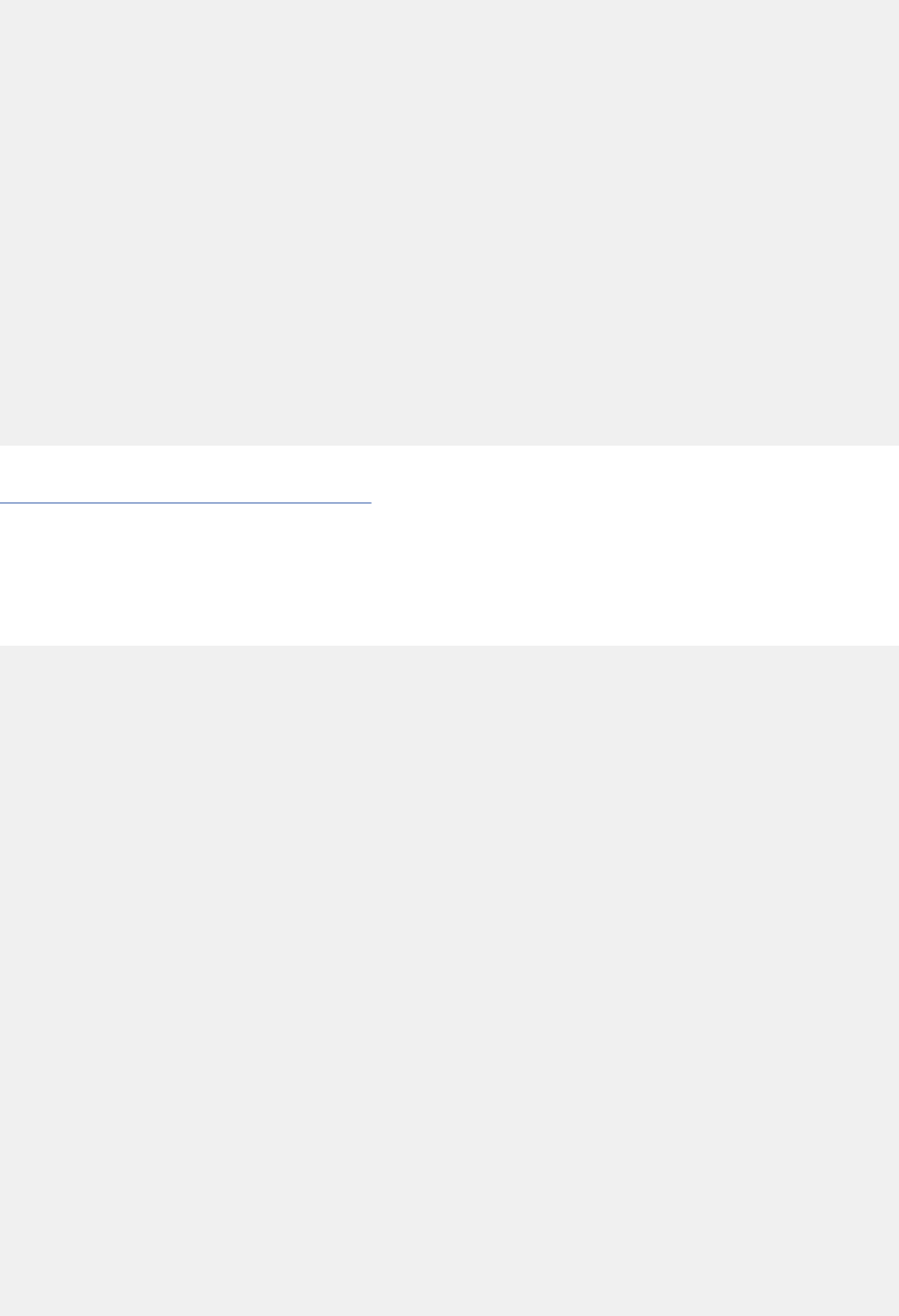
/******************************************************************* 02440000
* print the locator message * 02450000
*******************************************************************/ 02460000
printf( " %.80s\n", locmsg ); 02470000
02480000
/******************************************************************* 02490000
* format and print the SQL message * 02500000
*******************************************************************/ 02510000
rc = dsntiar( &sqlca, &error_message, &lrecl ); 02520000
if( rc == 0 ) 02530000
for( j=0; j<DATA_DIM; j++ ) 02540000
{ 02550000
for( k=0; k<OUTLEN; k++ ) 02560000
putchar(error_message.error_text[j][k] ); 02570000
putchar('\n'); 02580000
} 02590000
else 02600000
{ 02610000
printf( " *** ERROR: DSNTIAR could not format the message\n" ); 02620000
printf( " *** SQLCODE is %d\n",SQLCODE ); 02630000
printf( " *** SQLERRM is \n" ); 02640000
for( j=0; j<sqlca.sqlerrml; j++ ) 02650000
printf( "%c", sqlca.sqlerrmc[j] ); 02660000
printf( "\n" ); 02670000
} 02680000
02690000
} /* end of sql_error */ 02700000
Related reference
“Sample applications in TSO” on page 1035
A set of Db2 sample applications run in the TSO environment.
DSN8ED7
Calls Db2-provided stored procedure ADMIN_INFO_SYSPARM, which returns the current settings of the
Db2 subsystem parameters.
/*********************************************************************
* Module name = DSN8ED7 (DB2 sample program) *
* *
* DESCRIPTIVE NAME = Caller for SYSPROC.ADMIN_INFO_SYSPARM *
* (IFCID 106 formatter stored procedure) *
* *
* Licensed Materials - Property of IBM *
* 5635-DB2 *
* (C) COPYRIGHT 1982, 2006 IBM Corp. All Rights Reserved. *
* *
* STATUS = Version 11 *
* *
* Function: Calls DB2-provided stored procedure ADMIN_INFO_SYSPARM, *
* which returns the current settings of the DB2 subsystem *
* parameters. These settings are then written in *
* report format to standard output. *
* *
* Notes: *
* Dependencies: Requires IBM C/C++ for z/OS *
* *
* Restrictions: *
* *
* Module type: C program *
* Processor: IBM C/C++ for z/OS *
* Module size: See linkedit output *
* Attributes: Re-entrant and re-usable *
* *
* Entry Point: DSN8ED7 *
* Purpose: See Function *
* Linkage: Standard z/OS linkage *
* *
* *
* Parameters: none *
* *
* Normal Exit: Return Code: 0000 *
* - Message: report of DB2 subsystem parameter settings *
* *
* Error Exit: Return Code: 0012 *
* - Message: <formatted SQL text from DSNTIAR> *
* *
* *
Chapter 12. Sample data and applications supplied with Db2 for z/OS
1171

* External References: *
* - Routines/Services: DSNTIAR: DB2 msg text formatter *
* - Data areas : None *
* - Control blocks : None *
* *
* Pseudocode: *
* DSN8ED7: *
* - Call ADMIN_INFO_SYSPARM *
* - if unsuccessful, call sql_error to issue a diagnostic mes- *
* sage, then end with code 0012. *
* - Associate a locator variable with the result set *
* - Allocate the result set cursor *
* - Fetch first row from the result set *
* - Print headings *
* - Output the content of the result set's current row and fetch *
* the next row, until are rows have been fetched *
* - Check for successful processing of result set *
* End DSN8ED7 *
* *
* sql_error: *
* - call DSNTIAR to format the unexpected SQLCODE. *
* End sql_error *
* *
* Change activity = *
* 11/07/2012 Convert from SYSPROC.DSNWZP dn1651_inst1 / dn1651 *
* to SYSPROC.ADMIN_INFO_SYSPARM *
* *
*********************************************************************/
/**************************** Equates *******************************/
#define NOT_OK 0 /* Run status indicator: Error*/
#define OK 1 /* Run status indicator: Good */
#define OUTLEN 80 /* Length of DSNTIAR line */
#define DATA_DIM 10 /* Number of DSNTIAR lines */
/**************************** Includes ******************************/
#include <stdio.h>
#include <stdlib.h>
#include <string.h>
/******************* DB2 SQL Communication Area *********************/
EXEC SQL INCLUDE SQLCA;
/************************ DB2 Host Variables ************************/
EXEC SQL BEGIN DECLARE SECTION;
/******** Host variables for ADMIN_INFO_SYSPARM parameters ********/
char hvDB2_MEMBER[9]; /* host var, target DB2 */
short int niDB2_MEMBER = -1; /* indic var for above parm */
long int hvRETURN_CODE = 0; /* host var, return code */
short int niRETURN_CODE = 0; /* indic var for above parm */
char hvMSG[1332]; /* host var, status message */
short int niMSG = 0; /* indic var for above parm */
/****** Result set locator for ADMIN_INFO_SYSPARM result set ******/
static volatile SQL TYPE IS RESULT_SET_LOCATOR *DB2_SYSPARM_rs_loc;
/******** Host variables for ADMIN_INFO_SYSPARM result set ********/
long int hvROWNUM = 0; /* host var, row number */
char hvMACRO[9]; /* host var, zparm macro name */
char hvPARAMETER[41]; /* host var, zparm name */
char hvINSTALL_PANEL[9]; /* host var, inst panel name */
short int niINSTALL_PANEL = 0; /* indic var for above parm */
char hvINSTALL_FIELD[41]; /* host var, inst field name */
short int niINSTALL_FIELD = 0; /* indic var for above parm */
char hvINSTALL_LOCATION[13];/*host var, inst field numb */
short int niINSTALL_LOCATION = 0;/*indic var for above parm */
char hvVALUE[2049]; /* host var, zparm setting */
char hvADDITIONAL_INFO[201];/*host var, zparm setting */
short int niADDITIONAL_INFO = 0; /*indic var for above parm */
EXEC SQL END DECLARE SECTION;
1172
Db2 12 for z/OS: Application Programming and SQL Guide (Last updated: 2024-07-30)

/********************** DB2 Message Formatter ***********************/
struct error_struct /* DSNTIAR message structure */
{ short int error_len;
char error_text[DATA_DIM][OUTLEN];
} error_message = {DATA_DIM * (OUTLEN)};
#pragma linkage( dsntiar, OS )
extern short int dsntiar( struct sqlca *sqlca,
struct error_struct *msg,
int *len );
/********************* DSN8ED7 Global Variables *********************/
short int status = OK; /* DSN8ED7 run status */
/******************** DSN8ED7 Function Prototypes *******************/
int main( int argc, char *argv[] );
void sql_error( char locmsg[] ); /* Calls SQL text formatter */
/*********************************************************************
* Get DB2's current subsystem and DSNHDECP parameter settings
*********************************************************************/
int main( int argc, char *argv[] )
{
char msgBuf[1400]; /* message buffer */
/*****************************************************************
* Call SYSPROC.ADMIN_INFO_SYSPARM
*****************************************************************/
EXEC SQL
CALL SYSPROC.ADMIN_INFO_SYSPARM
( :hvDB2_MEMBER :niDB2_MEMBER
, :hvRETURN_CODE :niRETURN_CODE
, :hvMSG :niMSG
);
if( SQLCODE != 466 )
{ sprintf( msgBuf
, "DSN8ED7: Error calling stored procedure "
"ADMIN_INFO_SYSPARM: \n"
" Return code=%i,\n"
" Message=%s"
, hvRETURN_CODE
, hvMSG
);
sql_error( msgBuf );
}
/*****************************************************************
* Associate a locator variable with the result set
*****************************************************************/
if( status == OK )
{
EXEC SQL ASSOCIATE LOCATOR
(:DB2_SYSPARM_rs_loc)
WITH PROCEDURE SYSPROC.ADMIN_INFO_SYSPARM;
if (SQLCODE != 0 )
{ sql_error( "*** Associate result set locator "
"call unsuccessful." );
}
}
/*****************************************************************
* Allocate the result set cursor
*****************************************************************/
if( status == OK )
{
EXEC SQL ALLOCATE DB2_SYSPARM_RS_CSR
CURSOR FOR
RESULT SET :DB2_SYSPARM_rs_loc;
if (SQLCODE != 0 )
{ sql_error( "*** Allocate result set cursor "
"call unsuccessful." );
}
}
/*****************************************************************
* Fetch first row from the result set
*****************************************************************/
if( status == OK )
Chapter 12. Sample data and applications supplied with Db2 for z/OS
1173

{
EXEC SQL FETCH DB2_SYSPARM_RS_CSR
INTO :hvROWNUM
, :hvMACRO
, :hvPARAMETER
, :hvINSTALL_PANEL :niINSTALL_PANEL
, :hvINSTALL_FIELD :niINSTALL_FIELD
, :hvINSTALL_LOCATION :niINSTALL_LOCATION
, :hvVALUE
, :hvADDITIONAL_INFO
;
if (SQLCODE != 0 )
{ sql_error( "*** Priming fetch of result "
"set cursor unsuccessful" );
}
}
/*****************************************************************
* Write the report header
*****************************************************************/
if( status == OK )
{
printf( "DSN8ED7: Sample DB2 for z/OS "
"Configuration Setting Report Generator\n \n" );
printf( "Macro Parameter "
"Current "
"Description/ "
"Install Fld \n" );
printf( "Name Name "
"Setting "
"Install Field Name "
"Panel ID No. \n" );
printf( "-------- ------------------------- "
"--------------------------------------- "
"--------------------------------------- "
"-------- ----\n" );
}
/*****************************************************************
* Output the contents of the result set
*****************************************************************/
while( SQLCODE == 0 && status == OK )
{
if( strcmp( hvMACRO,"DSN6SYSP" ) == 0
|| strcmp( hvMACRO,"DSN6LOGP" ) == 0
|| strcmp( hvMACRO,"DSN6ARVP" ) == 0
|| strcmp( hvMACRO,"DSN6SPRM" ) == 0
|| strcmp( hvMACRO,"DSN6FAC" ) == 0
|| strcmp( hvMACRO,"DSN6GRP" ) == 0
|| strcmp( hvMACRO,"DSNHDECP" ) == 0
)
printf( "%-9.8s"
"%-26.25s"
"%-40.39s"
"%-40.39s"
"%-9.8s"
"%4.4s\n"
, hvMACRO
, hvPARAMETER
, hvVALUE
, hvINSTALL_FIELD
, hvINSTALL_PANEL
, hvINSTALL_LOCATION
);
EXEC SQL FETCH DB2_SYSPARM_RS_CSR
INTO :hvROWNUM
, :hvMACRO
, :hvPARAMETER
, :hvINSTALL_PANEL :niINSTALL_PANEL
, :hvINSTALL_FIELD :niINSTALL_FIELD
, :hvINSTALL_LOCATION :niINSTALL_LOCATION
, :hvVALUE
, :hvADDITIONAL_INFO
;
}
/*****************************************************************
* Check for successful processing of result set
*****************************************************************/
1174
Db2 12 for z/OS: Application Programming and SQL Guide (Last updated: 2024-07-30)

if (SQLCODE != 100 && status == OK )
{ sql_error( "*** Fetch of result set cursor "
"unsuccessful." );
}
if( status == OK )
return( 0 );
else
return( 12 );
} /* end: main */
void sql_error( char locmsg[] ) /* SQL message formatter */
{ short int rc; /* DSNTIAR Return code */
int j,k; /* Loop control */
static int lrecl = OUTLEN; /* Width of message lines */
/*****************************************************************
* Set status to prevent further processing
*****************************************************************/
status = NOT_OK;
/*****************************************************************
* Print the locator message
*****************************************************************/
printf( " %s\n", locmsg );
/*****************************************************************
* Format and print the SQL message
*****************************************************************/
rc = dsntiar( &sqlca, &error_message, &lrecl );
if( rc == 0 )
for( j=0; j<DATA_DIM; j++ )
{ for( k=0; k<OUTLEN; k++ )
putchar(error_message.error_text[j][k] );
putchar('\n');
}
else
{ printf( " *** ERROR: DSNTIAR could not format the message\n" );
printf( " *** SQLCODE is %d\n",SQLCODE );
printf( " *** SQLERRM is \n" );
for( j=0; j<sqlca.sqlerrml; j++ )
printf( "%c", sqlca.sqlerrmc[j] );
printf( "\n" );
}
} /* end of sql_error */
Related reference
“Sample applications in TSO” on page 1035
A set of Db2 sample applications run in the TSO environment.
DSN8ED9
Demonstrates how to use an application program to call DSN8ES3, a sample native SQL procedure.
/*********************************************************************
* Module name = DSN8ED9 (sample program) *
* *
* DESCRIPTIVE NAME: Sample client for: *
* DSN8ES3 (DB2 sample native SQL procedure) *
* *
* *
* LICENSED MATERIALS - PROPERTY OF IBM *
* 5650-DB2 *
* (C) COPYRIGHT 2006, 2016 IBM CORP. ALL RIGHTS RESERVED. *
* *
* STATUS = VERSION 12 *
* *
* Function: Demonstrates how to use an application program to call *
* DSN8ES3, a sample native SQL procedure. DSN8ED9 *
* receives the schema and name of a stored procedure *
* and passes it to DSN8ES3 to request the CREATE PROCEDURE *
* statement. *
* *
* Notes: *
* Dependencies: Requires DSN8.DSN8ES3 *
* *
Chapter 12. Sample data and applications supplied with Db2 for z/OS
1175

* Restrictions: *
* *
* Module type: C program *
* Processor: DB2 Precompiler *
* IBM C/C++ for z/OS *
* Module size: See linkedit output *
* Attributes: Reentrant and reusable *
* *
* Entry point: DSN8ED9 *
* Purpose: See Function *
* Linkage: Standard MVS program invocation, three parameters. *
* *
* Parameters: DSN8ED9 uses the C "main" argument convention of *
* argv (argument vector) and argc (argument count). *
* *
* - ARGV[0]: (input) pointer to a char[9], *
* null-terminated string having the name of *
* this program (DSN8ED9) *
* - ARGV[1]: (input) pointer to a char[129], *
* null-terminated string having the schema *
* of a stored procedure *
* - ARGV[2]: (input) pointer to a char[129], *
* null-terminated string having the name of *
* a stored procedure *
* - ARGV[3]: (input) pointer to a char[17], *
* null-terminated string having the name of *
* the server where DSN8ES3 is to be run. *
* This is an optional parameter; the local *
* server is used if no argument is provided. *
* *
* Inputs: None *
* *
* Outputs: Standard output (SYSPRINT) *
* *
* Normal Exit: Return Code: 0 *
* - Message: CREATE PROCEDURE statement for specified *
* stored procedure *
* *
* Normal with Warnings Exit: Return Code: 0004 *
* - Message: DSN8ES3 ran successfully but returned *
* no output *
* *
* Error Exit: Return Code: 0012 *
* - Message: DSN8ES3 has completed with return code <n> *
* - Message: The length of the argument specified for *
* the <parameter-name> does not fall within *
* the required bounds of <minimum-length> *
* and <maximum-length> *
* - Message: DSN8ED9 was invoked with <parameter-count> *
* parameters. At least 2 parameters are *
* required *
* - Message: <formatted SQL text from DSNTIAR> *
* *
* External References: *
* - Routines/Services: DSNTIAR: DB2 msg text formatter *
* - Data areas : None *
* - Control blocks : None *
* *
* *
* Pseudocode: *
* DSN8ED9: *
* - call getCallParms to receive and validate call parm arguments*
* - call connectToLocation *
* - call callDSN8ES3 to invoke the sample native SQL procedure *
* - call processDSN8ES3resultSet to output results from DSN8ES3 *
* End DSN8ED9 *
* *
* *
* Change activity = *
* 04/22/2015 Storage overlay stops output d176357 *
* *
*********************************************************************/
/********************** C library definitions ***********************/
#include <stdio.h>
#include <stdlib.h>
#include <string.h>
#include <decimal.h>
/***************************** Equates ******************************/
#define NULLCHAR '\0' /* Null character */
1176
Db2 12 for z/OS: Application Programming and SQL Guide (Last updated: 2024-07-30)

#define RETNRM 0 /* Normal return code @04*/
#define RETWRN 4 /* Warning return code */
#define RETERR 8 /* Error return code */
#define RETSEV 12 /* Severe error return code */
enum flag {No, Yes}; /* Settings for flags */
/******************** DB2 SQL Communication Area ********************/
EXEC SQL INCLUDE SQLCA;
/************************ DB2 Host Variables ************************/
EXEC SQL BEGIN DECLARE SECTION;
long int hvSequence; /* Result set row sequence no.*/
char hvLine[80]; /* line */
char hvSpSchema[129]; /* Stored procedure schema */
short int niSpSchema = 0; /* Indic var for schema */
char hvSpName[129]; /* Stored procedure name */
short int niSpName = 0; /* Indic var for name */
char hvLocationName[17]; /* Server location name */
EXEC SQL END DECLARE SECTION;
/********************* DB2 Result Set Locators **********************/
EXEC SQL BEGIN DECLARE SECTION;
static volatile SQL TYPE IS RESULT_SET_LOCATOR *DSN8ES3_rs_loc;
EXEC SQL END DECLARE SECTION;
/********************* DSN8ED9 Global Variables *********************/
unsigned short resultSetReturned = 0;/* DSN8ES3 result set status */
long int rc = 0; /* DSN8ED9 return code */
/******************** DSN8ED9 Function Prototypes *******************/
int main /* DSN8ED9 driver */
( int argc, /* - Input argument count */
char *argv[] /* - Input argument vector */
);
void getCallParms /* Process args to call parms */
( int argc, /* - Input argument count */
char *argv[] /* - Input argument vector */
);
void connectToLocation( void ); /* Connect to DB2 location */
void callDSN8ES3( void ); /* Call DSN8ES3 */
void processDSN8ES3resultSet( void ); /* Process DSN8ES3 result set */
void associateResultSetLocator(void); /* Assoc DSN8ES3 RS locator */
void allocateResultSetCursor( void ); /* Alloc DSN8ES3 RS cursor */
void writeDSN8ES3results( void ); /* Output DSN8ES3 results */
void fetchFromResultSetCursor( void );/* Read DSNTSPMP RS cursor */
void issueInvalidCallParmCountError /* Handler for parm count err */
( int argc /* - in: no. parms received */
);
void issueInvalidParmLengthError /* Handler for parm len error */
( char *parmName, /* - in: identify of parm */
int minLength, /* - in: min valid length */
int maxLength /* - in: max valid length */
);
void issueSqlError /* Handler for SQL error */
( char *locMsg /* - in: Call location */
);
int main /* DSN8ED9 driver */
( int argc, /* - Input argument count */
char *argv[] /* - Input argument vector */
)
/*******************************************************************
* Get input parms, pass them to DSN8ES3, and process the results *
*******************************************************************/
{ printf( "**** DSN8ED9: Sample client for DB2 PSM "
"Stored Procedure Sample (DSN8ES3)\n\n" );
/*****************************************************************
* Extract the following information from the call parms: *
* (1) The schema of the stored procedure *
* (2) The name of the stored procedure *
* (3) Optional: The name of the location where the stored proc *
* resides *
*****************************************************************/
Chapter 12. Sample data and applications supplied with Db2 for z/OS
1177

getCallParms( argc,argv );
/*****************************************************************
* Connect to location where the stored procedure resides *
*****************************************************************/
if( rc < RETSEV && strlen(hvLocationName) > 0 )
connectToLocation();
if( rc < RETSEV )
callDSN8ES3();
if( rc < RETSEV && resultSetReturned == Yes )
processDSN8ES3resultSet();
return( rc );
} /* end main */
void getCallParms /* Process args to call parms */
( int argc, /* - Input argument count */
char *argv[] /* - Input argument vector */
)
/*******************************************************************
* Verifies that correct call parms have been passed in: *
* - Two parameters (the schema and the name of a stored procedure) *
* require an argument *
* - The third parameter (location name) is optional *
*******************************************************************/
{ if( argc < 3 || argc > 4 )
{ issueInvalidCallParmCountError( argc );
}
else if( strlen( argv[1] ) < 1 || strlen( argv[1] ) > 130 )
{ issueInvalidParmLengthError("Stored procedure schema",
1,130);
}
else if( strlen( argv[2] ) < 1 || strlen( argv[1] ) > 130 )
{ issueInvalidParmLengthError("Stored procedure name",
1,130);
}
else
{ strcpy( hvSpSchema, argv[1] );
strcpy( hvSpName, argv[2] );
}
if( argc > 3 )
if( strlen( argv[3] ) < 1 || strlen( argv[3] ) > 16 )
{ issueInvalidParmLengthError("Server Location Name",1,16);
}
else
strcpy( hvLocationName,argv[3] );
else
hvLocationName[0] = NULLCHAR;
} /* end of getCallParms */
void connectToLocation( void ) /* Connect to DB2 location */
/*******************************************************************
* Connects to the DB2 location specified in call parm number 3 *
*******************************************************************/
{ EXEC SQL
CONNECT TO :hvLocationName;
if( SQLCODE != 0 )
{ issueSqlError( "Connect to location failed" );
}
} /* end of connectToLocation */
void callDSN8ES3( void ) /* Run sample native SQL proc */
/*******************************************************************
* Calls the DSN8ES3 (sample native SQL procedure) *
*******************************************************************/
{ printf( "\n");
printf( "-> Now requesting CREATE PROCEDURE statement for %s.%s\n",
hvSpSchema, hvSpName );
EXEC SQL CALL DSN8.DSN8ES3( :hvSpSchema :niSpSchema,
:hvSpName :niSpName );
/*****************************************************************
1178
Db2 12 for z/OS: Application Programming and SQL Guide (Last updated: 2024-07-30)

* Analyze status codes from DSN8ES3 *
*****************************************************************/
if( SQLCODE == 466 )
{ resultSetReturned = Yes;
}
else if( SQLCODE == 0 )
{ resultSetReturned = No;
printf( "\n");
printf( "-> Call to DSN8ES3 succeeded "
"but returned no result\n" );
}
else
{ issueSqlError( "Call to DSN8ES3 failed" );
}
} /* end of callDSN8ES3 */
void processDSN8ES3resultSet( void ) /* Handle DSN8ES3 result set */
/*******************************************************************
* Outputs data from the result set returned by DSN8ES3 *
*******************************************************************/
{
/*****************************************************************
* Associate a locator with the result set from DSN8ES3 *
*****************************************************************/
associateResultSetLocator();
/*****************************************************************
* Allocate a cursor for the result set *
*****************************************************************/
if( rc < RETSEV )
allocateResultSetCursor();
/*****************************************************************
* Output data from the result set *
*****************************************************************/
if( rc < RETSEV )
writeDSN8ES3results();
} /* end of processDSN8ES3resultSet */
void associateResultSetLocator(void) /* Associate DSN8ES3 RS locator*/
/*******************************************************************
* Associates the result set from DSN8ES3 with a result set locator *
*******************************************************************/
{ EXEC SQL
ASSOCIATE
LOCATORS( :DSN8ES3_rs_loc )
WITH PROCEDURE DSN8.DSN8ES3;
if( SQLCODE != 0 )
{ issueSqlError( "Associate locator call failed" );
}
} /* end of associateResultSetLocator */
void allocateResultSetCursor( void ) /* Alloc DSN8ES3 RS cursor */
/*******************************************************************
* Allocates a cursor to the locator for the DSN8ES3 result set *
*******************************************************************/
{ EXEC SQL
ALLOCATE DSN8ES3_RS_CSR
CURSOR FOR RESULT SET :DSN8ES3_rs_loc;
if( SQLCODE != 0 )
{ issueSqlError( "Allocate result set cursor call failed" );
}
} /* end of allocateResultSetCursor */
void writeDSN8ES3results( void ) /* Print DSN8ES3 results */
/*******************************************************************
* Outputs the results returned in the result set from DSN8ES3 *
*******************************************************************/
{ /*****************************************************************
* Get the first entry in the result set *
*****************************************************************/
fetchFromResultSetCursor();
Chapter 12. Sample data and applications supplied with Db2 for z/OS
1179

/*****************************************************************
* Process all rows in the result set *
*****************************************************************/
while( SQLCODE == 0 && rc < RETSEV )
{ printf( "%s\n",hvLine );
if( rc < RETSEV )
{ fetchFromResultSetCursor();
}
}
} /* end of writeDSN8ES3results */
void fetchFromResultSetCursor( void ) /* Read DSN8ES3 RS cursor */
/*******************************************************************
* Reads the cursor for the DSN8ES3 result set *
*******************************************************************/
{ memset( hvLine,' ',80 ); /*d176357*/
EXEC SQL
FETCH DSN8ES3_RS_CSR
INTO :hvSequence,
:hvLine;
if( SQLCODE != 0 && SQLCODE != 100 && rc < RETSEV )
{ issueSqlError( "*** Fetch from result set cursor failed" );
}
} /* end of fetchFromResultSetCursor */
void issueInvalidCallParmCountError /* Handler for parm count err */
( int argc /* - in: no. parms received */
)
/*******************************************************************
* Called when this program is invoked with an inappropriate number *
* of call parms. *
*******************************************************************/
{ printf( "ERROR: DSN8ED9 was invoked with %i parameters\n",--argc );
printf( " - The first two parms (schema and name "
"of a stored procedure) are required\n" );
printf( " - The third parm (location name) "
"is optional\n" );
printf( "-----> Processing halted\n" );
rc = RETSEV;
} /* end of issueInvalidCallParmCountError */
void issueInvalidParmLengthError /* Handler for parm len error */
( char *parmName, /* - in: identify of parm */
int minLength, /* - in: min valid length */
int maxLength /* - in: max valid length */
)
/*******************************************************************
* Called when the length of an argument specified for a DSN8ES3 *
* parameter (parmName) does not fall within the valid bounds for *
* size (minLength and maxLength) for that parameter *
*******************************************************************/
{ printf( "ERROR: The length of the argument specified for the %s "
"parameter\n",parmName );
printf( " does not fall within the required bounds of %i "
"and %i\n",minLength,maxLength );
printf( "-----> Processing halted\n" );
rc = RETSEV;
} /* end of issueInvalidParmLengthError */
#pragma linkage(dsntiar, OS)
void issueSqlError /* Handler for SQL error */
( char *locMsg /* - in: Call location */
)
/*******************************************************************
* Called when an unexpected SQLCODE is returned from a DB2 call *
*******************************************************************/
{ struct error_struct { /* DSNTIAR message structure */
short int error_len;
char error_text[10][80];
} error_message = {10 * 80};
extern short int dsntiar( struct sqlca *sqlca,
struct error_struct *msg,
1180
Db2 12 for z/OS: Application Programming and SQL Guide (Last updated: 2024-07-30)
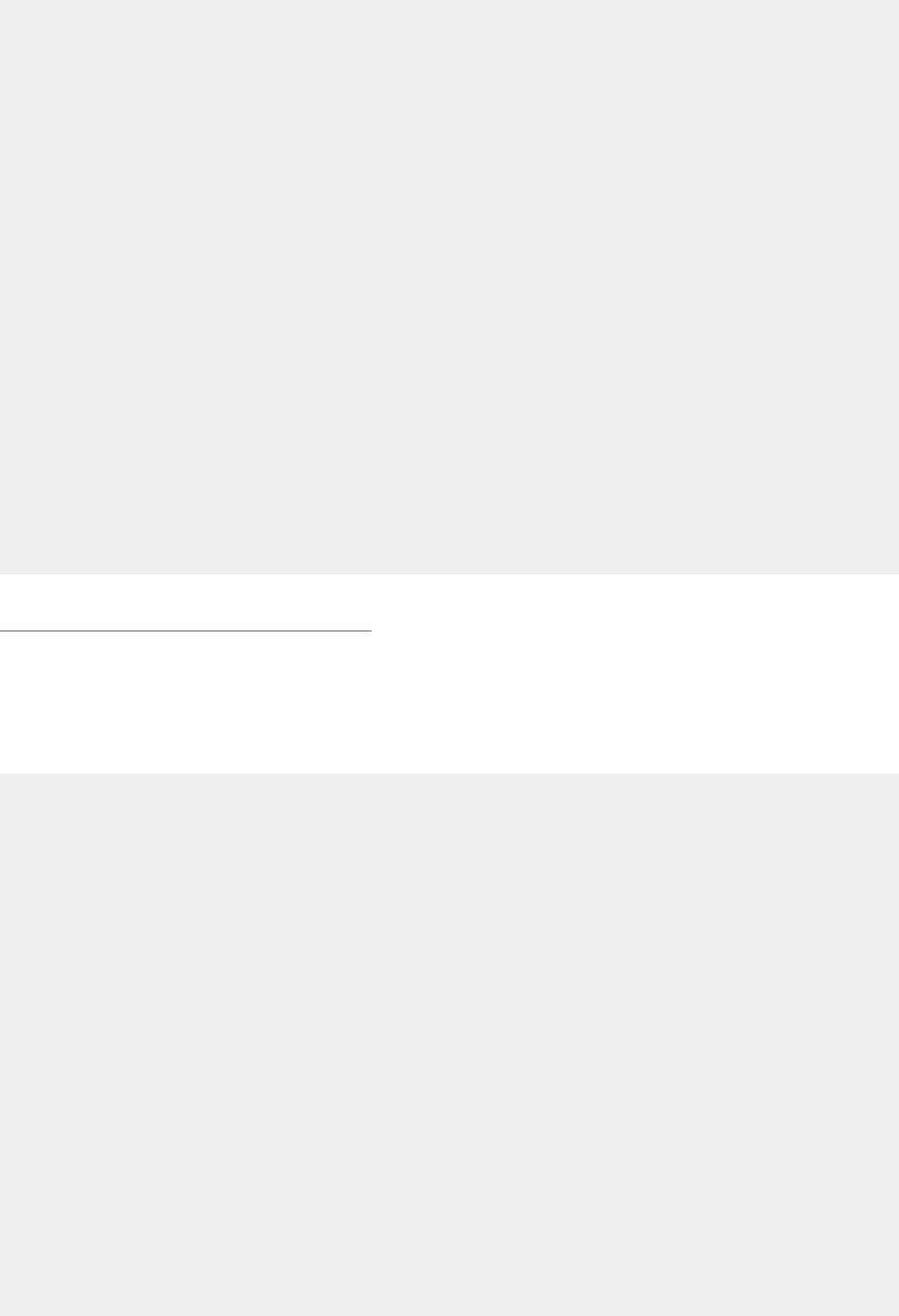
int *len );
short int DSNTIARrc; /* DSNTIAR Return code */
int j; /* Loop control */
static int lrecl = 80; /* Width of message lines */
/*****************************************************************
* print the locator message *
*****************************************************************/
printf( "ERROR: %-80s\n", locMsg );
printf( "-----> Processing halted\n" );
/*****************************************************************
* format and print the SQL message *
*****************************************************************/
DSNTIARrc = dsntiar( &sqlca, &error_message, &lrecl );
if( DSNTIARrc == 0 )
for( j = 0; j <= 10; j++ )
printf( " %.80s\n", error_message.error_text[j] );
else
{
printf( " *** ERROR: DSNTIAR could not format the message\n" );
printf( " *** SQLCODE is %d\n",SQLCODE );
printf( " *** SQLERRM is \n" );
for( j=0; j<sqlca.sqlerrml; j++ )
printf( "%c", sqlca.sqlerrmc[j] );
printf( "\n" );
}
/*****************************************************************
* set severe error code *
*****************************************************************/
rc = RETSEV;
} /* end of issueSqlError */
Related reference
“Sample applications in TSO” on page 1035
A set of Db2 sample applications run in the TSO environment.
DSN8ES3
Accepts the schema and name of an external stored procedure and returns a result set that contains the
CREATE PROCEDURE statement.
-- DSN8ES3: SOURCE MODULE FOR THE SAMPLE NATIVE SQL PROCEDURE 00010000
-- 00020000
-- LICENSED MATERIALS - PROPERTY OF IBM 00022000
-- 5635-DB2 00024000
-- (C) COPYRIGHT 2006 IBM CORP. ALL RIGHTS RESERVED. 00026000
-- 00028000
-- STATUS = VERSION 9 00030000
-- 00040000
-- Function: Accepts the schema and name of an external stored 00050000
-- procedure and returns a result set that contains the 00060000
-- CREATE PROCEDURE statement. 00070000
-- 00080000
-- Notes: 00090000
-- Dependencies: 00100000
-- - Requires support for native SQL procedures 00110000
-- - Requires a global temporary table (created in sample job 00120000
-- DSNTEJ66) for returning the result. 00130000
-- 00140000
-- Restrictions: 00150000
-- 00160000
-- Module Type: SQL Procedure 00170000
-- Processor: DB2 for z/OS Version 9 00180000
-- or a subsequent release 00190000
-- 00200000
-- Entry Point: DSN8ES3 00210000
-- Purpose: See Function, above 00220000
-- 00230000
-- Parameters: 00240000
-- - Input: spSCHEMA VARCHAR(128) 00250000
-- spNAME VARCHAR(128) 00260000
-- - Output: (None) 00270000
-- 00280000
-- Normal Exit: 00290000
Chapter 12. Sample data and applications supplied with Db2 for z/OS
1181

-- Error Exit: 00300000
-- 00310000
-- 00320000
-- External References: 00330000
-- - SYSIBM.SYSROUTINES : DB2 catalog table for routines 00340000
-- - SYSIBM.SYSPARMS : DB2 catalog table for routine parameters 00350000
-- - DSN8.DSN8ES3_RS_TBL: Global Temporary Table for result set 00360000
-- 00370000
-- Pseudocode: 00380000
-- - Clear any residual from result set table 00390000
-- - Get the stored proc properties from SYSIBM.SYSROUTINES 00400000
-- - If not found, return SQLSTATE 38602 and the message: 00410000
-- 'Requested object not found' 00420000
-- - If not a stored proc, return SQLSTATE 38603 and the message: 00430000
-- 'Object is not a stored procedure' 00440000
-- - If not an external stored proc, return SQLSTATE 38604 and the 00450000
-- message: 'Object is not an external stored procedure' 00460000
-- - Open a cursor on the SYSPARMS table 00470000
-- - Fetch the first row 00480000
-- - If a row is found, insert the CREATE PROCEDURE clause in the 00490000
-- result set 00500000
-- - For each row in the SYSPARMS cursor, build a parameter clause: 00510000
-- - Start with the parameter type (IN, OUT, or INOUT) 00520000
-- - Append the parameter name 00530000
-- - Append the parameter data type 00540000
-- - For string data types, add the CCSID clause 00550000
-- - Insert the entry in the result set table 00560000
-- - Build the remaining clauses and insert each in the result set 00570000
-- - Build and insert the RESULTS SETS clause 00580000
-- - Build and insert the EXTERNAL NAME clause 00590000
-- - Build and insert the LANGUAGE clause 00600000
-- - Build and insert the SQL data access type clause 00610000
-- - Build and insert the PARAMETER STYLE clause 00620000
-- - Build and insert the DETERMINISTIC clause 00630000
-- - Build and insert the FENCED clause 00640000
-- - Build and insert the COLLID clause 00650000
-- - Build and insert the WLM ENVIRONMENT clause 00660000
-- - Build and insert the ASUTIME clause 00670000
-- - Build and insert the STAY RESIDENT clause 00680000
-- - Build and insert the PROGRAM TYPE clause 00690000
-- - Build and insert the EXTERNAL SECURITY clause 00700000
-- - Build and insert the AFTER FAILURE clause 00710000
-- - Build and insert the RUN OPTIONS clause 00720000
-- - Build and insert the COMMIT ON RETURN clause 00730000
-- - Build and insert the SPECIAL REGISTERS clause 00740000
-- - Build and insert the CALLED ON NULL INPUT clause 00750000
-- - Open the cursor to the result set 00760000
-- 00762000
-- CHANGE ACTIVITY 00764000
-- 10/31/2013 Ignore SYSPARMS rows where ORDINAL = 0 PM98341 00766000
-- 00768000
-- 00770000
CREATE PROCEDURE DSN8.DSN8ES3 00780000
( IN spSCHEMA VARCHAR(128), 00790000
IN spNAME VARCHAR(128) ) 00800000
PARAMETER CCSID EBCDIC 00810000
RESULT SET 1 00820000
NOT DETERMINISTIC 00830000
MODIFIES SQL DATA 00840000
ASUTIME NO LIMIT 00850000
COMMIT ON RETURN NO 00860000
00870000
P1: BEGIN NOT ATOMIC 00880000
DECLARE hvLANGUAGE VARCHAR(24) CCSID EBCDIC; 00890000
DECLARE hvCOLLID VARCHAR(128) CCSID EBCDIC; 00900000
DECLARE hvDETERMINISTIC VARCHAR(17) CCSID EBCDIC; 00910000
DECLARE hvNULL_CALL CHAR(1) CCSID EBCDIC; 00920000
DECLARE hvPARAMETER_STYLE VARCHAR(18) CCSID EBCDIC; 00930000
DECLARE hvFENCED CHAR(1) CCSID EBCDIC; 00940000
DECLARE hvASUTIME INTEGER DEFAULT 0; 00950000
DECLARE hvCOMMIT_ON_RETURN VARCHAR(3) CCSID EBCDIC; 00960000
DECLARE hvEXTERNAL_NAME VARCHAR(762) CCSID EBCDIC; 00970000
DECLARE hvEXTERNAL_SECURITY VARCHAR(7) CCSID EBCDIC; 00980000
DECLARE hvMAX_FAILURE SMALLINT DEFAULT 0; 00990000
DECLARE hvORIGIN CHAR(1) CCSID EBCDIC; 01000000
DECLARE hvPROGRAM_TYPE VARCHAR(4) CCSID EBCDIC; 01010000
DECLARE hvRESULT_SETS SMALLINT DEFAULT 0; 01020000
DECLARE hvROUTINETYPE CHAR(1) CCSID EBCDIC; 01030000
DECLARE hvRUNOPTS VARCHAR(762) CCSID EBCDIC; 01040000
DECLARE hvSPECIAL_REGS VARCHAR(25) CCSID EBCDIC; 01050000
DECLARE hvSQL_DATA_ACCESS VARCHAR(17) CCSID EBCDIC; 01060000
DECLARE hvSTAYRESIDENT VARCHAR(3) CCSID EBCDIC; 01070000
1182
Db2 12 for z/OS: Application Programming and SQL Guide (Last updated: 2024-07-30)

DECLARE hvWLM_ENVIRONMENT VARCHAR(54) CCSID EBCDIC; 01080000
01090000
DECLARE hvENCODING_SCHEME VARCHAR(7) CCSID EBCDIC; 01100000
DECLARE hvLENGTH INTEGER DEFAULT 0; 01110000
DECLARE hvORDINAL SMALLINT DEFAULT 0; 01120000
DECLARE hvPARMNAME VARCHAR(128) CCSID EBCDIC; 01130000
DECLARE hvROWTYPE VARCHAR(6) CCSID EBCDIC; 01140000
DECLARE hvSCALE SMALLINT DEFAULT 0; 01150000
DECLARE hvSUBTYPE VARCHAR(15) CCSID EBCDIC; 01160000
DECLARE hvTYPENAME VARCHAR(128) CCSID EBCDIC; 01170000
01180000
DECLARE RETURN_POINT CHAR(4) CCSID EBCDIC; 01190000
01200000
DECLARE LINE VARCHAR(384) CCSID EBCDIC; 01210000
DECLARE LINE_LENGTH INT DEFAULT 0; 01220000
DECLARE END_TABLE INT DEFAULT 0; 01230000
01240000
DECLARE OPERATION VARCHAR(12) CCSID EBCDIC; 01250000
01260000
DECLARE ROW CHAR(80) CCSID EBCDIC; 01270000
DECLARE ROW_SEQUENCE SMALLINT DEFAULT 1; 01280000
01290000
-- Cursor for result set (CREATE PROCEDURE statement) 01300000
DECLARE DSN8ES3_RS_CSR CURSOR WITH RETURN WITH HOLD FOR 01310000
SELECT RS_SEQUENCE, 01320000
RS_LINE 01330000
FROM DSN8.DSN8ES3_RS_TBL 01340000
ORDER BY RS_SEQUENCE; 01350000
01360000
-- Cursor to fetch proc parm properties from SYSIBM.SYSPARMS 01370000
DECLARE SYSPARMS_CURSOR CURSOR FOR 01380000
SELECT PARMNAME 01390000
,CASE ROWTYPE 01400000
WHEN 'P' THEN 'IN ' 01410000
WHEN 'O' THEN 'OUT ' 01420000
WHEN 'B' THEN 'INOUT ' 01430000
END 01440000
,ORDINAL 01450000
,TYPENAME 01460000
,LENGTH 01470000
,SCALE 01480000
,CASE SUBTYPE 01490000
WHEN 'B' THEN ' FOR BIT DATA' 01500000
WHEN 'M' THEN ' FOR MIXED DATA' 01510000
WHEN 'S' THEN ' FOR SBCS DATA' 01520000
WHEN ' ' THEN ' ' 01530000
END 01540000
,CASE ENCODING_SCHEME 01550000
WHEN 'A' THEN ' ASCII' 01560000
WHEN 'E' THEN ' EBCDIC' 01570000
WHEN 'U' THEN ' UNICODE' 01580000
WHEN ' ' THEN ' ' 01590000
END 01600000
FROM SYSIBM.SYSPARMS 01610000
WHERE SCHEMA = spSCHEMA 01620000
AND SPECIFICNAME = spNAME 01630000
AND ORDINAL <> 0 01635000
ORDER BY ORDINAL 01640000
FOR FETCH ONLY; 01650000
01660000
DECLARE CONTINUE HANDLER FOR NOT FOUND 01670000
SET END_TABLE = 1; 01680000
01690000
DECLARE EXIT HANDLER FOR SQLEXCEPTION 01700000
SIGNAL SQLSTATE '38601' 01710000
SET MESSAGE_TEXT = 'Unexpected SQLCODE ' 01720000
|| CHAR(SQLCODE) 01730000
|| ' from ' 01740000
|| OPERATION; 01750000
01760000
-- Clean residual from the result set table 01770000
DELETE FROM DSN8.DSN8ES3_RS_TBL; 01780000
01790000
-- Fetch the stored proc properties from SYSIBM.SYSROUTINES 01800000
SET END_TABLE = 0; 01810000
SET OPERATION = 'SELECT INTO'; 01820000
SELECT LANGUAGE 01830000
,COLLID 01840000
,CASE DETERMINISTIC 01850000
WHEN 'N' THEN 'NOT DETERMINISTIC' 01860000
WHEN 'Y' THEN 'DETERMINISTIC' 01870000
WHEN ' ' THEN ' ' 01880000
Chapter 12. Sample data and applications supplied with Db2 for z/OS
1183

END 01890000
,NULL_CALL 01900000
,CASE PARAMETER_STYLE 01910000
WHEN 'D' THEN 'DB2SQL' 01920000
WHEN 'G' THEN 'GENERAL' 01930000
WHEN 'N' THEN 'GENERAL WITH NULLS' 01940000
WHEN 'J' THEN 'JAVA' 01950000
WHEN ' ' THEN ' ' 01960000
END 01970000
,FENCED 01980000
,CASE SQL_DATA_ACCESS 01990000
WHEN 'C' THEN 'CONTAINS SQL' 02000000
WHEN 'M' THEN 'MODIFIES SQL DATA' 02010000
WHEN 'N' THEN 'NO SQL' 02020000
WHEN 'R' THEN 'READS SQL DATA' 02030000
WHEN ' ' THEN ' ' 02040000
END 02050000
,CASE STAYRESIDENT 02060000
WHEN 'N' THEN 'NO' 02070000
WHEN 'Y' THEN 'YES' 02080000
WHEN ' ' THEN ' ' 02090000
END 02100000
,ASUTIME 02110000
,WLM_ENVIRONMENT 02120000
,CASE PROGRAM_TYPE 02130000
WHEN 'M' THEN 'MAIN' 02140000
WHEN 'S' THEN 'SUB' 02150000
WHEN ' ' THEN ' ' 02160000
END 02170000
,CASE EXTERNAL_SECURITY 02180000
WHEN 'D' THEN 'DB2' 02190000
WHEN 'U' THEN 'USER' 02200000
WHEN 'C' THEN 'DEFINER' 02210000
WHEN ' ' THEN ' ' 02220000
END 02230000
,CASE COMMIT_ON_RETURN 02240000
WHEN 'N' THEN 'NO' 02250000
WHEN 'Y' THEN 'YES' 02260000
WHEN ' ' THEN ' ' 02270000
END 02280000
,RESULT_SETS 02290000
,EXTERNAL_NAME 02300000
,RUNOPTS 02310000
,CASE SPECIAL_REGS 02320000
WHEN 'D' THEN 'DEFAULT SPECIAL REGISTERS' 02330000
WHEN 'I' THEN 'INHERIT SPECIAL REGISTERS' 02340000
WHEN ' ' THEN ' ' 02350000
END 02360000
,MAX_FAILURE 02370000
INTO hvLANGUAGE 02380000
,hvCOLLID 02390000
,hvDETERMINISTIC 02400000
,hvNULL_CALL 02410000
,hvPARAMETER_STYLE 02420000
,hvFENCED 02430000
,hvSQL_DATA_ACCESS 02440000
,hvSTAYRESIDENT 02450000
,hvASUTIME 02460000
,hvWLM_ENVIRONMENT 02470000
,hvPROGRAM_TYPE 02480000
,hvEXTERNAL_SECURITY 02490000
,hvCOMMIT_ON_RETURN 02500000
,hvRESULT_SETS 02510000
,hvEXTERNAL_NAME 02520000
,hvRUNOPTS 02530000
,hvSPECIAL_REGS 02540000
,hvMAX_FAILURE 02550000
FROM SYSIBM.SYSROUTINES 02560000
WHERE SCHEMA = spSCHEMA 02570000
AND NAME = spNAME; 02580000
02590000
02600000
CASE 02610000
WHEN END_TABLE = 1 THEN 02620000
SIGNAL SQLSTATE '38602' 02630000
SET MESSAGE_TEXT = 'Requested object "' 02640000
|| spSCHEMA 02650000
|| '"."' 02660000
|| spNAME 02670000
|| '" not found'; 02680000
WHEN hvROUTINETYPE <> 'P' THEN 02690000
SIGNAL SQLSTATE '38603' 02700000
1184
Db2 12 for z/OS: Application Programming and SQL Guide (Last updated: 2024-07-30)

SET MESSAGE_TEXT = 'Object is not a stored procedure'; 02710000
WHEN hvORIGIN <> 'E' THEN 02720000
SIGNAL SQLSTATE '38604' 02730000
SET MESSAGE_TEXT = 'Object is not an external stored procedure'; 02740000
ELSE -- NOOP below provided to satisfy requirement for ELSE clause 02750000
SET ROW_SEQUENCE = ROW_SEQUENCE; 02760000
END CASE; 02770000
02780000
SET END_TABLE = 0; 02790000
SET OPERATION = 'OPEN CURSOR'; 02800000
OPEN SYSPARMS_CURSOR; 02810000
02820000
SET OPERATION = 'FIRST FETCH'; 02830000
FETCH SYSPARMS_CURSOR 02840000
INTO hvPARMNAME 02850000
,hvROWTYPE 02860000
,hvORDINAL 02870000
,hvTYPENAME 02880000
,hvLENGTH 02890000
,hvSCALE 02900000
,hvSUBTYPE 02910000
,hvENCODING_SCHEME; 02920000
02930000
-- Output the CREATE PROCEDURE clause 02940000
IF END_TABLE = 0 THEN 02950000
SET LINE = 'CREATE PROCEDURE ' || spSCHEMA || '.' || spNAME; 02960000
SET RETURN_POINT = 'A100'; 02970000
GOTO INSERTLINE; 02980000
END IF; 02990000
03000000
A100: -- Build and output the parameter list 03010000
SET LINE = ' ( '; 03020000
WHILE END_TABLE = 0 DO 03030000
-- Output the parameter type (IN, OUT, or INOUT) 03040000
SET LINE = LINE 03050000
|| hvROWTYPE || ' ' 03060000
|| hvPARMNAME || ' ' 03070000
|| RTRIM(hvTYPENAME); 03080000
CASE 03090000
WHEN hvTYPENAME = 'DECIMAL' 03100000
OR hvTYPENAME = 'DEC' 03110000
OR hvTYPENAME = 'NUMERIC' THEN 03120000
SET LINE = LINE || '(' || VARCHAR(hvLENGTH) 03130000
|| ',' || VARCHAR(hvSCALE) || ')'; 03140000
03150000
WHEN hvTYPENAME = 'FLOAT' THEN 03160000
SET LINE = LINE || '(' || VARCHAR(hvLENGTH) || ')'; 03170000
03180000
WHEN hvTYPENAME = 'CHARACTER' 03190000
OR hvTYPENAME = 'CHAR' 03200000
OR hvTYPENAME = 'CHARACTER VARYING' 03210000
OR hvTYPENAME = 'CHAR VARYING' 03220000
OR hvTYPENAME = 'VARCHAR' 03230000
OR hvTYPENAME = 'CHARACTER LARGE OBJECT' 03240000
OR hvTYPENAME = 'CHAR LARGE OBJECT' 03250000
OR hvTYPENAME = 'CLOB' 03260000
OR hvTYPENAME = 'GRAPHIC' 03270000
OR hvTYPENAME = 'VARGRAPHIC' 03280000
OR hvTYPENAME = 'DBCLOB' 03290000
OR hvTYPENAME = 'BINARY LARGE OBJECT' 03300000
OR hvTYPENAME = 'BLOB' THEN 03310000
SET LINE = LINE || '(' || VARCHAR(hvLENGTH) || ')'; 03320000
03330000
ELSE -- busy statement below required to handle ELSE case 03340000
SET ROW_SEQUENCE = ROW_SEQUENCE; 03350000
END CASE; 03360000
03370000
IF hvSUBTYPE <> ' ' THEN 03380000
SET LINE = LINE || hvSUBTYPE; 03390000
END IF; 03400000
IF hvENCODING_SCHEME <> ' ' THEN 03410000
SET LINE = LINE || ' CCSID' || RTRIM(hvENCODING_SCHEME); 03420000
END IF; 03430000
SET RETURN_POINT = 'B100'; 03440000
GOTO INSERTLINE; 03450000
03460000
B100: -- Fetch the next parameter 03470000
SET OPERATION = 'FETCH'; 03480000
FETCH SYSPARMS_CURSOR 03490000
INTO hvPARMNAME 03500000
,hvROWTYPE 03510000
,hvORDINAL 03520000
Chapter 12. Sample data and applications supplied with Db2 for z/OS
1185

,hvTYPENAME 03530000
,hvLENGTH 03540000
,hvSCALE 03550000
,hvSUBTYPE 03560000
,hvENCODING_SCHEME; 03570000
03580000
SET LINE = ' ,'; 03590000
END WHILE; 03600000
03610000
SET OPERATION = 'CLOSE CURSOR'; 03620000
CLOSE SYSPARMS_CURSOR; 03630000
-- Close the parameter list 03640000
SET LINE = ' )'; 03650000
SET RETURN_POINT = 'C100'; 03660000
GOTO INSERTLINE; 03670000
03680000
C100: -- Build remaining clauses for the CREATE PROCEDURE statement 03690000
03700000
-- Output the RESULTS SETS clause 03710000
IF hvRESULT_SETS > 0 THEN 03720000
SET LINE = 'DYNAMIC RESULT SETS ' || VARCHAR(hvRESULT_SETS); 03730000
SET RETURN_POINT = 'D100'; 03740000
GOTO INSERTLINE; 03750000
END IF; 03760000
03770000
D100: -- Output the EXTERNAL NAME clause 03780000
SET LINE = 'EXTERNAL NAME ' || RTRIM(hvEXTERNAL_NAME); 03790000
SET RETURN_POINT = 'E100'; 03800000
GOTO INSERTLINE; 03810000
03820000
E100: -- Output the LANGUAGE clause 03830000
SET LINE = 'LANGUAGE ' || RTRIM(hvLANGUAGE); 03840000
SET RETURN_POINT = 'F100'; 03850000
GOTO INSERTLINE; 03860000
03870000
F100: -- Output the SQL data access type clause 03880000
IF hvSQL_DATA_ACCESS <> ' ' THEN 03890000
SET LINE = hvSQL_DATA_ACCESS; 03900000
SET RETURN_POINT = 'G100'; 03910000
GOTO INSERTLINE; 03920000
END IF; 03930000
03940000
G100: -- Output the PARAMETER STYLE clause 03950000
IF hvPARAMETER_STYLE <> ' ' THEN 03960000
SET LINE = 'PARAMETER STYLE ' || hvPARAMETER_STYLE; 03970000
SET RETURN_POINT = 'H100'; 03980000
GOTO INSERTLINE; 03990000
END IF; 04000000
04010000
H100: -- Output the DETERMINISTIC clause 04020000
IF hvDETERMINISTIC <> ' ' THEN 04030000
SET LINE = hvDETERMINISTIC; 04040000
SET RETURN_POINT = 'I100'; 04050000
GOTO INSERTLINE; 04060000
END IF; 04070000
04080000
I100: -- Output the FENCED clause 04090000
IF hvFENCED <> ' ' THEN 04100000
SET LINE = 'FENCED'; 04110000
SET RETURN_POINT = 'J100'; 04120000
GOTO INSERTLINE; 04130000
END IF; 04140000
04150000
J100: -- Output the COLLID clause 04160000
IF hvCOLLID <> ' ' THEN 04170000
SET LINE = 'COLLID ' || RTRIM(hvCOLLID); 04180000
ELSE 04190000
SET LINE = 'NO COLLID'; 04200000
END IF; 04210000
SET RETURN_POINT = 'K100'; 04220000
GOTO INSERTLINE; 04230000
04240000
K100: -- Output the WLM ENVIRONMENT clause 04250000
SET LINE = 'WLM ENVIRONMENT ' || RTRIM(hvWLM_ENVIRONMENT); 04260000
SET RETURN_POINT = 'L100'; 04270000
GOTO INSERTLINE; 04280000
04290000
L100: -- Output the ASUTIME clause 04300000
IF hvASUTIME <> 0 THEN 04310000
SET LINE = 'ASUTIME ' || VARCHAR(hvASUTIME); 04320000
ELSE 04330000
SET LINE = 'ASUTIME NO LIMIT'; 04340000
1186
Db2 12 for z/OS: Application Programming and SQL Guide (Last updated: 2024-07-30)

END IF; 04350000
SET RETURN_POINT = 'M100'; 04360000
GOTO INSERTLINE; 04370000
04380000
M100: -- Output the STAY RESIDENT clause 04390000
IF hvSTAYRESIDENT <> ' ' THEN 04400000
SET LINE = 'STAY RESIDENT ' || hvSTAYRESIDENT; 04410000
SET RETURN_POINT = 'N100'; 04420000
GOTO INSERTLINE; 04430000
END IF; 04440000
04450000
N100: -- Output the PROGRAM TYPE clause 04460000
IF hvPROGRAM_TYPE <> ' ' THEN 04470000
SET LINE = 'PROGRAM TYPE ' || hvPROGRAM_TYPE; 04480000
SET RETURN_POINT = 'O100'; 04490000
GOTO INSERTLINE; 04500000
END IF; 04510000
04520000
O100: -- Output the EXTERNAL SECURITY clause 04530000
IF hvEXTERNAL_SECURITY <> ' ' THEN 04540000
SET LINE = 'SECURITY ' || hvEXTERNAL_SECURITY; 04550000
SET RETURN_POINT = 'P100'; 04560000
GOTO INSERTLINE; 04570000
END IF; 04580000
04590000
P100: -- Output the AFTER FAILURE clause 04600000
IF hvMAX_FAILURE = -1 THEN 04610000
SET LINE = 'STOP AFTER SYSTEM DEFAULT FAILURES'; 04620000
ELSEIF hvMAX_FAILURE = 0 THEN 04630000
SET LINE = 'CONTINUE AFTER FAILURE'; 04640000
ELSE 04650000
SET LINE = 'STOP AFTER ' || VARCHAR(hvMAX_FAILURE) || ' FAILURES'; 04660000
END IF; 04670000
SET RETURN_POINT = 'Q100'; 04680000
GOTO INSERTLINE; 04690000
04700000
Q100: -- Output the RUN OPTIONS clause 04710000
IF hvRUNOPTS <> ' ' THEN 04720000
SET LINE = 'RUN OPTIONS ''' || hvRUNOPTS || ''''; 04730000
SET RETURN_POINT = 'R100'; 04740000
GOTO INSERTLINE; 04750000
END IF; 04760000
04770000
R100: -- Output the COMMIT ON RETURN clause 04780000
IF hvCOMMIT_ON_RETURN <> ' ' THEN 04790000
SET LINE = 'COMMIT ON RETURN ' || hvCOMMIT_ON_RETURN; 04800000
SET RETURN_POINT = 'S100'; 04810000
GOTO INSERTLINE; 04820000
END IF; 04830000
04840000
S100: -- Output the SPECIAL REGISTERS clause 04850000
IF hvSPECIAL_REGS <> ' ' THEN 04860000
SET LINE = hvSPECIAL_REGS; 04870000
SET RETURN_POINT = 'T100'; 04880000
GOTO INSERTLINE; 04890000
END IF; 04900000
04910000
T100: -- Output the CALLED ON NULL INPUT clause 04920000
IF hvNULL_CALL = 'Y' THEN 04930000
SET LINE = 'CALLED ON NULL INPUT'; 04940000
SET RETURN_POINT = 'U100'; 04950000
GOTO INSERTLINE; 04960000
END IF; 04970000
04980000
U100: -- Finish up 04990000
GOTO DONE; 05000000
05010000
INSERTLINE: 05020000
SET LINE_LENGTH = LENGTH(LINE); 05030000
WHILE LINE_LENGTH > 72 DO 05040000
SET ROW = SUBSTR(LINE, 1, 72) || REPEAT( ' ', 8 ); 05050000
SET LINE = SUBSTR(LINE, 73, LINE_LENGTH-72); 05060000
SET LINE_LENGTH = LENGTH(LINE); 05070000
05080000
SET ROW_SEQUENCE = ROW_SEQUENCE + 1; 05090000
INSERT INTO DSN8.DSN8ES3_RS_TBL 05100000
( RS_SEQUENCE, 05110000
RS_LINE ) 05120000
VALUES( P1.ROW_SEQUENCE, 05130000
P1.ROW ); 05140000
END WHILE; 05150000
05160000
Chapter 12. Sample data and applications supplied with Db2 for z/OS
1187
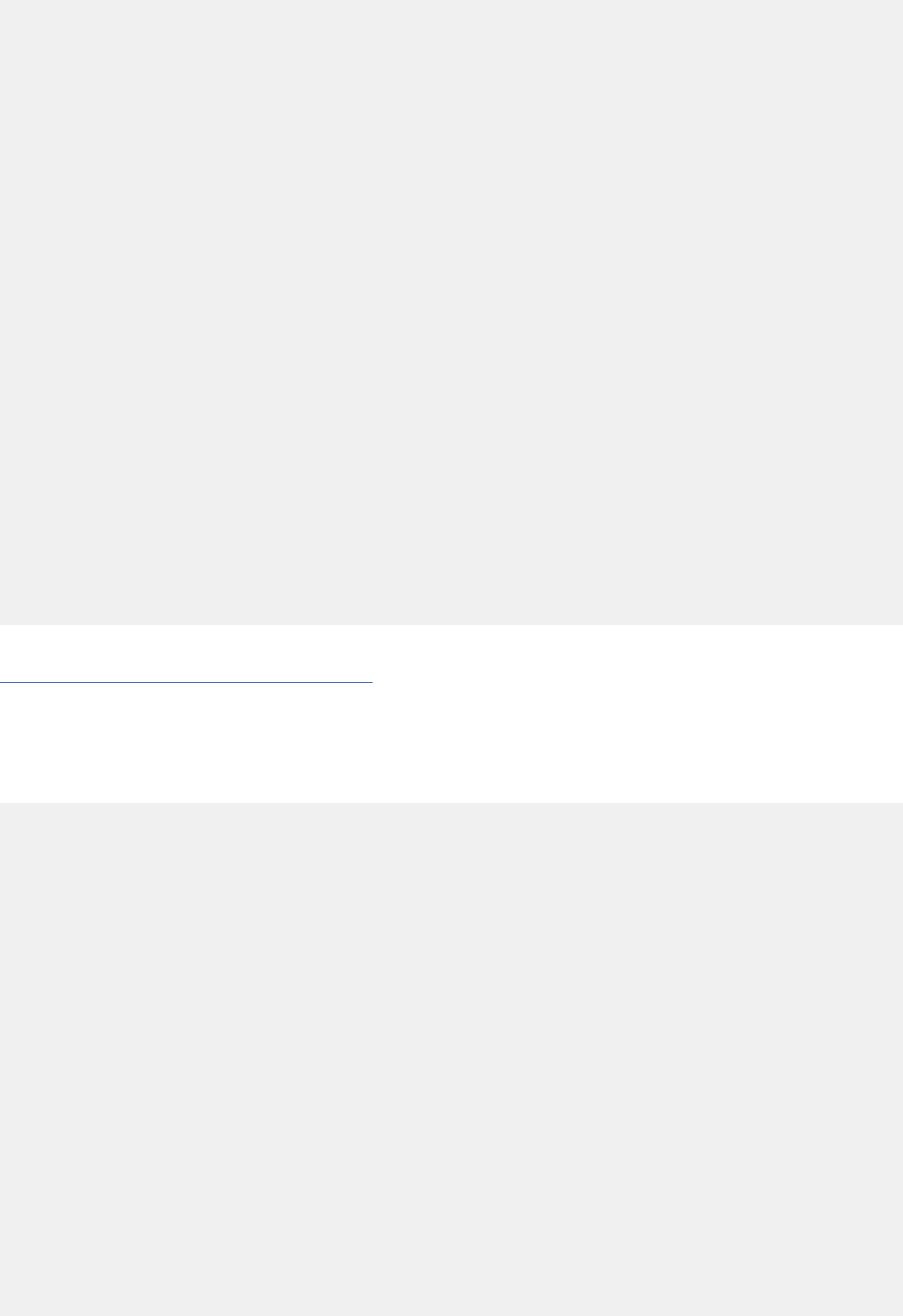
SET ROW = SUBSTR( (LINE || REPEAT(' ', 80)), 1, 80); 05170000
SET ROW_SEQUENCE = ROW_SEQUENCE + 1; 05180000
SET OPERATION = 'INSERT'; 05190000
INSERT INTO DSN8.DSN8ES3_RS_TBL 05200000
( RS_SEQUENCE, 05210000
RS_LINE ) 05220000
VALUES( P1.ROW_SEQUENCE, 05230000
P1.ROW ); 05240000
CASE RETURN_POINT 05250000
WHEN 'A100' THEN GOTO A100; 05260000
WHEN 'B100' THEN GOTO B100; 05270000
WHEN 'C100' THEN GOTO C100; 05280000
WHEN 'D100' THEN GOTO D100; 05290000
WHEN 'E100' THEN GOTO E100; 05300000
WHEN 'F100' THEN GOTO F100; 05310000
WHEN 'G100' THEN GOTO G100; 05320000
WHEN 'H100' THEN GOTO H100; 05330000
WHEN 'I100' THEN GOTO I100; 05340000
WHEN 'J100' THEN GOTO J100; 05350000
WHEN 'K100' THEN GOTO K100; 05360000
WHEN 'L100' THEN GOTO L100; 05370000
WHEN 'M100' THEN GOTO M100; 05380000
WHEN 'N100' THEN GOTO N100; 05390000
WHEN 'O100' THEN GOTO O100; 05400000
WHEN 'P100' THEN GOTO P100; 05410000
WHEN 'Q100' THEN GOTO Q100; 05420000
WHEN 'R100' THEN GOTO R100; 05430000
WHEN 'S100' THEN GOTO S100; 05440000
WHEN 'T100' THEN GOTO T100; 05450000
WHEN 'U100' THEN GOTO U100; 05460000
ELSE GOTO DONE; 05470000
END CASE; 05480000
05490000
DONE: 05500000
-- Open the cursor to the result set 05510000
SET OPERATION = 'RS CURSOR'; 05520000
OPEN DSN8ES3_RS_CSR; 05530000
END P1 05540000
Related reference
“Sample applications in TSO” on page 1035
A set of Db2 sample applications run in the TSO environment.
DSN8DUAD
Returns the current date in one these 34 formats.
/********************************************************************* 00010000
* Module name = DSN8DUAD (DB2 sample program) * 00020000
* * 00030000
* DESCRIPTIVE NAME = Current date reformatter (UDF) * 00040000
* * 00050000
* * 00060000
* LICENSED MATERIALS - PROPERTY OF IBM * 00070000
* 5625-DB2 * 00080000
* (C) COPYRIGHT 1998, 2003 IBM CORP. ALL RIGHTS RESERVED. * 00090000
* * 00100000
* STATUS = VERSION 8 * 00110000
* * 00120000
* * 00130000
* Function: Returns the current date in one these 34 formats: * 00140000
* * 00150000
* D MONTH YY D MONTH YYYY DD MONTH YY DD MONTH YYYY * 00160000
* D.M.YY D.M.YYYY DD.MM.YY DD.MM.YYYY * 00170000
* D-M-YY D-M-YYYY DD-MM-YY DD-MM-YYYY * 00180000
* D/M/YY D/M/YYYY DD/MM/YY DD/MM/YYYY * 00190000
* M/D/YY M/D/YYYY MM/DD/YY MM/DD/YYYY * 00200000
* YY/M/D YYYY/M/D YY/MM/DD YYYY/MM/DD * 00210000
* YY.M.D YYYY.M.D YY.MM.DD YYYY.MM.DD * 00220000
* YYYY-M-D YYYY-MM-DD * 00230000
* YYYY-D-XX YYYY-DD-XX * 00240000
* YYYY-XX-D YYYY-XX-DD * 00250000
* * 00260000
* where: * 00270000
* * 00280000
* D: Suppress leading zero if the day is less than 10 * 00290000
* DD: Retain leading zero if the day is less than 10 * 00300000
* M: Suppress leading zero if the month is less than 10 * 00310000
1188
Db2 12 for z/OS: Application Programming and SQL Guide (Last updated: 2024-07-30)

* MM: Retain leading zero if the month is less than 10 * 00320000
* MONTH: Use English-language name of month * 00330000
* XX: Use a capital Roman numeral for month * 00340000
* XX: Use a capital Roman numeral for month * 00350000
* YY: Use non-century year format * 00360000
* YYYY: Use century year format * 00370000
* * 00380000
* Example invocation: * 00390000
* EXEC SQL SET :today = ALTDATE( "DD MONTH YY" ); * 00400000
* * 00410000
* Notes: * 00420000
* Dependencies: Requires IBM C/C++ for OS/390 V1R3 or higher * 00430000
* * 00440000
* Restrictions: * 00450000
* * 00460000
* Module type: C program * 00470000
* Processor: IBM C/C++ for OS/390 V1R3 or higher * 00480000
* Module size: See linkedit output * 00490000
* Attributes: Re-entrant and re-usable * 00500000
* * 00510000
* Entry Point: DSN8DUAD * 00520000
* Purpose: See Function * 00530000
* Linkage: DB2SQL * 00540000
* Invoked via SQL UDF call * 00550000
* * 00560000
* Input: Parameters explicitly passed to this function: * 00570000
* - *format : pointer to a char[14], null-termi- * 00580000
* nated string having the desired * 00590000
* format for the current date (see * 00600000
* "Function", above, for valid formats)* 00610000
* - *niFormat : pointer to a short integer having * 00620000
* the null indicator variable for * 00630000
* *format. * 00640000
* - *fnName : pointer to a char[138], null-termi- * 00650000
* nated string having the UDF family * 00660000
* name of this function. * 00670000
* - *specificName: pointer to a char[129], null-termi- * 00680000
* nated string having the UDF specific * 00690000
* name of this function. * 00700000
* * 00710000
* * 00720000
* Output: Parameters explicitly passed by this function: * 00730000
* - *dateOut : pointer to a char[18], null-termi- * 00740000
* nated string to receive the current * 00750000
* date in the formatted indicated by * 00760000
* *format. * 00770000
* - *niDateOut : pointer to a short integer to re- * 00780000
* ceive the null indicator variable * 00790000
* for *dateOut. * 00800000
* - *sqlstate : pointer to a char[06], null-termi- * 00810000
* nated string to receive the SQLSTATE.* 00820000
* - *message : pointer to a char[70], null-termi- * 00830000
* nated string to receive a diagnostic * 00840000
* message if one is generated by this * 00850000
* function. * 00860000
* * 00870000
* Normal Exit: Return Code: SQLSTATE = 00000 * 00880000
* - Message: none * 00890000
* * 00900000
* Error Exit: Return Code: SQLSTATE = 38601 * 00910000
* - Message: DSN8DUAD Error: No output format entered * 00920000
* - Message: DSN8DUAD Error: Unknown format specified * 00930000
* * 00940000
* External References: * 00950000
* - Routines/Services: None * 00960000
* - Data areas : None * 00970000
* - Control blocks : None * 00980000
* * 00990000
* * 01000000
* Pseudocode: * 01010000
* DSN8DUAD: * 01020000
* - Verify that a valid format for the current date was received: * 01030000
* - if *format is blank or niFormat is not 0, no format passed: * 01040000
* - issue SQLSTATE 38601 and a diagnostic message * 01050000
* - Verify that a valid format for the current date was received: * 01060000
* - Call formatDate to convert the current date in the indicated * 01070000
* format. * 01080000
* - If no errors, unset null indicators, and return SQLSTATE 00000 * 01090000
* else set null indicator and return null date out. * 01100000
* End DSN8DUAD * 01110000
* * 01120000
* formatDate: * 01130000
Chapter 12. Sample data and applications supplied with Db2 for z/OS
1189

* - Use the date format to generate a specification string for * 01140000
* the getDate function * 01150000
* - Call getDate * 01160000
* - Perform edits on the result as appropriate: * 01170000
* - call Remove0 to strip leading zeroes from the day and/or * 01180000
* month * 01190000
* - call romanMonth to convert the month to a roman numeral * 01200000
* - If *format is not one of the 34 supported formats: * 01210000
* - issue SQLSTATE 38601 and a diagnostic message * 01220000
* End formatDate * 01230000
* * 01240000
* getDate: * 01250000
* - invoke the time() library function to query calendar time. * 01260000
* - invoke the localtime() library function to convert and correct * 01270000
* for local time * 01280000
* - invoke the strftime() library function to format the date from * 01290000
* from the time vector according to specification generated by * 01300000
* the local formatDate() function. * 01310000
* End getDate * 01320000
* * 01330000
* Remove0: * 01340000
* - check the passed string for a character zero in the passed * 01350000
* location. * 01360000
* - if a zero is found, eliminate it by shifting all bytes to its * 01370000
* right 1 byte leftward. * 01380000
* End Remove0 * 01390000
* * 01400000
* romanMonth * 01410000
* - convert the month (01-12) to a roman numeral (I-XII). * 01420000
* End romanMonth * 01430000
* * 01440000
* Change Log: * 01450000
* 2002/10/17 PQ66488 Fix date truncation error @01* 01460000
* * 01470000
* * 01480000
*********************************************************************/ 01490000
01500000
#pragma linkage(DSN8DUAD,fetchable) 01510000
01520000
/********************** C library definitions ***********************/ 01530000
#include <stdio.h> 01540000
#include <string.h> 01550000
#include <time.h> 01560000
01570000
/***************************** Equates ******************************/ 01580000
#define NULLCHAR '\0' /* Null character */ 01590000
01600000
#define MATCH 0 /* Comparison status: Equal */ 01610000
#define NOT_OK 0 /* Run status indicator: Error*/ 01620000
#define OK 1 /* Run status indicator: Good */ 01630000
01640000
01650000
/*********************** DSN8DUAD functions *************************/ 01660000
void DSN8DUAD /* main routine */ 01670000
( char *format, /* in: format for dateOut */ 01680000
char *dateOut, /* out: formatted current date*/ 01690000
short int *niFormat, /* in: indic var, format */ 01700000
short int *niDateOut, /* out: indic var for dateOut */ 01710000
char *sqlstate, /* out: SQLSTATE */ 01720000
char *fnName, /* in: family name of function*/ 01730000
char *specificName, /* in: specific name of func */ 01740000
char *message /* out: diagnostic message */ 01750000
); 01760000
01770000
int formatDate /* format the current date */ 01780000
( char *dateOut, /* out: formatted curr date */ 01790000
char *message, /* out: diagnostic message */ 01800000
char *sqlstate, /* out: SQLSTATE */ 01810000
char *format /* in: desired format */ 01820000
); 01830000
01840000
void getDate /* gets curr date, formatted */ 01850000
( char *dateOut, /* out: formatted current date*/ 01860000
char *dateFmt /* in: desired date format */ 01870000
); 01880000
01890000
void Remove0 /* remove 0 from indic. byte */ 01900000
( char *string, /* in/out: character string */ 01910000
short int loc /* in: loc'n of zero to remove*/ 01920000
); 01930000
01940000
char *romanMonth(); /* get roman# of curr month# */ 01950000
1190
Db2 12 for z/OS: Application Programming and SQL Guide (Last updated: 2024-07-30)

01960000
01970000
/********************************************************************/ 01980000
/*************************** main routine ***************************/ 01990000
/********************************************************************/ 02000000
void DSN8DUAD /* main routine */ 02010000
( char *format, /* in: format for dateOut */ 02020000
char *dateOut, /* out: formatted current date*/ 02030000
short int *niFormat, /* in: indic var, format */ 02040000
short int *niDateOut, /* out: indic var for dateOut */ 02050000
char *sqlstate, /* out: SQLSTATE */ 02060000
char *fnName, /* in: family name of function*/ 02070000
char *specificName, /* in: specific name of func */ 02080000
char *message /* out: diagnostic message */ 02090000
) 02100000
/********************************************************************* 02110000
* * 02120000
* Assumptions: * 02130000
* - *format points to a char[14], null-terminated string * 02140000
* - *dateOut points to a char[18], null-terminated string * 02150000
* - *niFormat points to a short integer * 02160000
* - *niDateOut points to a short integer * 02170000
* - *sqlstate points to a char[06], null-terminated string * 02180000
* - *fnName points to a char[138], null-terminated string * 02190000
* - *specificName points to a char[129], null-terminated string * 02200000
* - *message points to a char[70], null-terminated string * 02210000
*********************************************************************/ 02220000
{ 02230000
02240000
/************************ local variables *************************/ 02250000
short int status = OK; /* DSN8DUAD run status */ 02260000
02270000
02280000
/******************************************************************* 02290000
* Verify that a format has been passed in * 02300000
*******************************************************************/ 02310000
if( *niFormat || ( strlen( format ) == 0 ) ) 02320000
{ 02330000
status = NOT_OK; 02340000
strcpy( message, 02350000
"DSN8DUAD Error: No output format entered" ); 02360000
strcpy( sqlstate, "38601" ); 02370000
} 02380000
02390000
/******************************************************************* 02400000
* Call formatDate to format the current date according to format * 02410000
*******************************************************************/ 02420000
if( status == OK ) 02430000
status = formatDate( dateOut, message, sqlstate, format ); 02440000
02450000
02460000
/******************************************************************* 02470000
* If formatting was successful, clear the message buffer and sql- * 02480000
* state, and unset the SQL null indicator for dateOut. * 02490000
*******************************************************************/ 02500000
if( status == OK ) 02510000
{ 02520000
*niDateOut = 0; 02530000
message[0] = NULLCHAR; 02540000
strcpy( sqlstate,"00000" ); 02550000
} 02560000
/******************************************************************* 02570000
* If errors occurred, clear the dateOut buffer and set the SQL null* 02580000
* indicator. A diagnostic message and the SQLSTATE have been set * 02590000
* where the error was detected. * 02600000
*******************************************************************/ 02610000
else 02620000
{ 02630000
dateOut[0] = NULLCHAR; 02640000
*niDateOut = -1; 02650000
} 02660000
02670000
return; 02680000
02690000
} /* end of DSN8DUAD */ 02700000
02710000
02720000
/********************************************************************/ 02730000
/***************************** functions ****************************/ 02740000
/********************************************************************/ 02750000
int formatDate /* format the current date */ 02760000
( char *dateOut, /* out: formatted curr date */ 02770000
Chapter 12. Sample data and applications supplied with Db2 for z/OS
1191

char *message, /* out: diagnostic message */ 02780000
char *sqlstate, /* out: SQLSTATE */ 02790000
char *format /* in: desired format */ 02800000
) 02810000
/********************************************************************* 02820000
* Places the current date formatted according to format in dateOut. * 02830000
* If processing is successful, formatDaete returns OK. Otherwise, a * 02840000
* diagnostic message is placed in message, the SQLSTATE is 38601, * 02850000
* and formatDate returns NOT_OK. * 02860000
*********************************************************************/ 02870000
{ 02880000
short int func_status = OK; /* function status indicator */ 02890000
char dateFmt[14]; /* date format work buffer */ 02900000
02910000
/******************************************************************* 02920000
* get the current date and format it according to format * 02930000
*******************************************************************/ 02940000
if( strcmp( format,"D MONTH YY" ) == MATCH ) 02950000
{ 02960000
getDate( dateOut,"%d %B %y" ); /* format date as DD MONTH YY */ 02970000
Remove0( dateOut,0 ); /* strip leading 0 if day < 10*/ 02980000
} 02990000
else if( strcmp( format,"D MONTH YYYY" ) == MATCH ) 03000000
{ 03010000
getDate( dateOut,"%d %B %Y" ); /* formt date as DD MONTH YYYY*/ 03020000
Remove0( dateOut,0 ); /* strip leading 0 if day < 10*/ 03030000
} 03040000
else if( strcmp( format,"DD MONTH YY" ) == MATCH ) 03050000
{ 03060000
getDate( dateOut,"%d %B %y" ); /* format date as DD MONTH YY */ 03070000
} 03080000
else if( strcmp( format,"DD MONTH YYYY" ) == MATCH ) 03090000
{ 03100000
getDate( dateOut,"%d %B %Y" ); /* formt date as DD MONTH YYYY*/ 03110000
} 03120000
else if( strcmp( format,"D.M.YY" ) == MATCH ) 03130000
{ 03140000
getDate( dateOut,"%d.%m.%y" ); /* format date as DD.MM.YY */03150000
Remove0( dateOut,3 ); /* strip leading 0 if month<10*/ 03160000
Remove0( dateOut,0 ); /* strip leading 0 if day < 10*/ 03170000
} 03180000
else if( strcmp( format,"D.M.YYYY" ) == MATCH ) 03190000
{ 03200000
getDate( dateOut,"%d.%m.%Y" ); /* format date as DD.MM.YYYY */03210000
Remove0( dateOut,3 ); /* strip leading 0 if month<10*/ 03220000
Remove0( dateOut,0 ); /* strip leading 0 if day < 10*/ 03230000
} 03240000
else if( strcmp( format,"DD.MM.YY" ) == MATCH ) 03250000
{ 03260000
getDate( dateOut,"%d.%m.%y" ); /* format date as DD.MM.YY */03270000
} 03280000
else if( strcmp( format,"DD.MM.YYYY" ) == MATCH ) 03290000
{ 03300000
getDate( dateOut,"%d.%m.%Y" ); /* format date as DD.MM.YYYY */03310000
} 03320000
else if( strcmp( format,"D-M-YY" ) == MATCH ) 03330000
{ 03340000
getDate( dateOut,"%d-%m-%y" ); /* format date as DD-MM-YY */03350000
Remove0( dateOut,3 ); /* strip leading 0 if month<10*/ 03360000
Remove0( dateOut,0 ); /* strip leading 0 if day < 10*/ 03370000
} 03380000
else if( strcmp( format,"D-M-YYYY" ) == MATCH ) 03390000
{ 03400000
getDate( dateOut,"%d-%m-%Y" ); /* format date as DD-MM-YYYY */03410000
Remove0( dateOut,3 ); /* strip leading 0 if month<10*/ 03420000
Remove0( dateOut,0 ); /* strip leading 0 if day < 10*/ 03430000
} 03440000
else if( strcmp( format,"DD-MM-YY" ) == MATCH ) 03450000
{ 03460000
getDate( dateOut,"%d-%m-%y" ); /* format date as DD-MM-YY */03470000
} 03480000
else if( strcmp( format,"DD-MM-YYYY" ) == MATCH ) 03490000
{ 03500000
getDate( dateOut,"%d-%m-%Y" ); /* format date as DD-MM-YYYY */03510000
} 03520000
else if( strcmp( format,"D/M/YY" ) == MATCH ) 03530000
{ 03540000
getDate( dateOut,"%d/%m/%y" ); /* format date as DD/MM/YY */03550000
Remove0( dateOut,3 ); /* strip leading 0 if month<10*/ 03560000
Remove0( dateOut,0 ); /* strip leading 0 if day < 10*/ 03570000
} 03580000
else if( strcmp( format,"D/M/YYYY" ) == MATCH ) 03590000
1192
Db2 12 for z/OS: Application Programming and SQL Guide (Last updated: 2024-07-30)

{ 03600000
getDate( dateOut,"%d/%m/%Y" ); /* format date as DD/MM/YYYY */03610000
Remove0( dateOut,3 ); /* strip leading 0 if month<10*/ 03620000
Remove0( dateOut,0 ); /* strip leading 0 if day < 10*/ 03630000
} 03640000
else if( strcmp( format,"DD/MM/YY" ) == MATCH ) 03650000
{ 03660000
getDate( dateOut,"%d/%m/%y" ); /* format date as DD/MM/YY */03670000
} 03680000
else if( strcmp( format,"DD/MM/YYYY" ) == MATCH ) 03690000
{ 03700000
getDate( dateOut,"%d/%m/%Y" ); /* format date as DD/MM/YYYY */03710000
} 03720000
else if( strcmp( format,"M/D/YY" ) == MATCH ) 03730000
{ 03740000
getDate( dateOut,"%m/%d/%y" ); /* format date as MM/DD/YY */03750000
Remove0( dateOut,3 ); /* strip leading 0 if day < 10*/ 03760000
Remove0( dateOut,0 ); /* strip leading 0 if month<10*/ 03770000
} 03780000
else if( strcmp( format,"M/D/YYYY" ) == MATCH ) 03790000
{ 03800000
getDate( dateOut,"%m/%d/%Y" ); /* format date as MM/DD/YYYY */03810000
Remove0( dateOut,3 ); /* strip leading 0 if day < 10*/ 03820000
Remove0( dateOut,0 ); /* strip leading 0 if month<10*/ 03830000
} 03840000
else if( strcmp( format,"MM/DD/YY" ) == MATCH ) 03850000
{ 03860000
getDate( dateOut,"%m/%d/%y" ); /* format date as MM/DD/YY */03870000
} 03880000
else if( strcmp( format,"MM/DD/YYYY" ) == MATCH ) 03890000
{ 03900000
getDate( dateOut,"%m/%d/%Y" ); /* format date as MM/DD/YYYY */03910000
} 03920000
else if( strcmp( format,"YY/M/D" ) == MATCH ) 03930000
{ 03940000
getDate( dateOut,"%y/%m/%d" ); /* format date as YY/MM/DD */03950000
Remove0( dateOut,6 ); /* strip leading 0 if day < 10*/ 03960000
Remove0( dateOut,3 ); /* strip leading 0 if month<10*/ 03970000
} 03980000
else if( strcmp( format,"YY/MM/DD" ) == MATCH ) 03990000
{ 04000000
getDate( dateOut,"%y/%m/%d" ); /* format date as YY/MM/DD */04010000
} 04020000
else if( strcmp( format,"YYYY/M/D" ) == MATCH ) 04030000
{ 04040000
getDate( dateOut,"%Y/%m/%d" ); /* format date as YYYY/MM/DD */04050000
Remove0( dateOut,8 ); /* strip leading 0 if day < 10*/ 04060000
Remove0( dateOut,5 ); /* strip leading 0 if month<10*/ 04070000
} 04080000
else if( strcmp( format,"YYYY/MM/DD" ) == MATCH ) 04090000
{ 04100000
getDate( dateOut,"%Y/%m/%d" ); /* format date as YYYY/MM/DD */04110000
} 04120000
else if( strcmp( format,"YY.M.D" ) == MATCH ) 04130000
{ 04140000
getDate( dateOut,"%y.%m.%d" ); /* format date as YY.MM.DD */04150000
Remove0( dateOut,6 ); /* strip leading 0 if day < 10*/ 04160000
Remove0( dateOut,3 ); /* strip leading 0 if month<10*/ 04170000
} 04180000
else if( strcmp( format,"YY.MM.DD" ) == MATCH ) 04190000
{ 04200000
getDate( dateOut,"%y.%m.%d" ); /* format date as YY.MM.DD */04210000
} 04220000
else if( strcmp( format,"YYYY.M.D" ) == MATCH ) 04230000
{ 04240000
getDate( dateOut,"%Y.%m.%d" ); /* format date as YYYY.MM.DD */04250000
Remove0( dateOut,8 ); /* strip leading 0 if day < 10*/ 04260000
Remove0( dateOut,5 ); /* strip leading 0 if month<10*/ 04270000
} 04280000
else if( strcmp( format,"YYYY.MM.DD" ) == MATCH ) 04290000
{ 04300000
getDate( dateOut,"%Y.%m.%d" ); /* format date as YYYY.MM.DD */04310000
} 04320000
else if( strcmp( format,"YYYY-M-D" ) == MATCH ) 04330000
{ 04340000
getDate( dateOut,"%Y-%m-%d" ); /* format date as YYYY-MM-DD */04350000
Remove0( dateOut,8 ); /* strip leading 0 if day < 10*/ 04360000
Remove0( dateOut,5 ); /* strip leading 0 if month<10*/ 04370000
} 04380000
else if( strcmp( format,"YYYY-MM-DD" ) == MATCH ) 04390000
{ 04400000
getDate( dateOut,"%Y-%m-%d" ); /* format date as YYYY-MM-DD */04410000
Chapter 12. Sample data and applications supplied with Db2 for z/OS
1193

} 04420000
else if( strcmp( format,"YYYY-D-XX" ) == MATCH ) 04430000
{ 04440000
strcpy( dateFmt, "%Y-%d-" ); /* start format as YYYY-DD- */ 04450000
strcat( dateFmt, romanMonth() );/* append roman# for curr mo. */ 04460000
getDate( dateOut,dateFmt ); /* format date as YYYY-DD-XX */ 04470000
Remove0( dateOut,5 ); /* strip leading 0 if day < 10*/ 04480000
} 04490000
else if( strcmp( format,"YYYY-DD-XX" ) == MATCH ) 04500000
{ 04510000
strcpy( dateFmt, "%Y-%d-" ); /* start format as YYYY-DD- */ 04520000
strcat( dateFmt, romanMonth() );/* append roman# for curr mo. */ 04530000
getDate( dateOut,dateFmt ); /* format date as YYYY-DD-XX */ 04540000
} 04550000
else if( strcmp( format,"YYYY-XX-D" ) == MATCH ) 04560000
{ 04570000
strcpy( dateFmt, "%Y-" ); /* start format as YYYY- */ 04580000
strcat( dateFmt, romanMonth() );/* append roman# for curr mo. */ 04590000
strcat( dateFmt, "-%d" ); /* append -DD to format */ 04600000
getDate( dateOut,dateFmt ); /* get date as YYYY-XX-DD */ 04610000
Remove0( dateOut, /* strip leading 0 if day < 10*/ 04620000
strlen(dateFmt) ); 04630000
} 04640000
else if( strcmp( format,"YYYY-XX-DD" ) == MATCH ) 04650000
{ 04660000
strcpy( dateFmt, "%Y-" ); /* start format as YYYY- */ 04670000
strcat( dateFmt, romanMonth() );/* append roman# for curr mo. */ 04680000
strcat( dateFmt, "-%d" ); /* append -DD to format */ 04690000
getDate( dateOut,dateFmt ); /* get date as YYYY-XX-DD */ 04700000
} 04710000
else 04720000
{ 04730000
func_status = NOT_OK; 04740000
strcpy( message, 04750000
"DSN8DUAD Error: Unknown format specified" ); 04760000
strcpy( sqlstate, "38601" ); 04770000
} 04780000
04790000
return( func_status ); 04800000
} /* end of formatDate */ 04810000
04820000
/********************************************************************/ 04830000
/***************************** functions ****************************/ 04840000
/********************************************************************/ 04850000
void getDate /* gets curr date, formatted */ 04860000
( char *dateOut, /* out: formatted current date*/ 04870000
char *dateFmt /* in: desired date format */ 04880000
) 04890000
/********************************************************************* 04900000
* Obtains the current date from the system and formats it according * 04910000
* to the format string in *dateFmt. The result is placed in dateOut.* 04920000
* * 04930000
* This function uses the C function localtime to obtain the system * 04940000
* time and date and the C function strftime to format it according * 04950000
* to *dateFmt. For this program, the following format tokens were * 04960000
* used. See the C/C++ library reference manuals for more info. * 04970000
* * 04980000
* %B = full month name * 04990000
* %d = day of the month * 05000000
* %m = month (01-12) * 05010000
* %y = year with century * 05020000
* %Y = year with century * 05030000
*********************************************************************/ 05040000
{ 05050000
time_t t; /* buff for system time macro */ 05060000
struct tm *tmPtr; /* ->buff for time.h tm struct*/ 05070000
short int i; /* len of str rtnd by strftime*/ 05080000
char dateBuff[19]; /* gets formatted date @01*/ 05090000
05100000
/******************************************************************* 05110000
* Use the C function localtime to get the current date from the * 05120000
* system, then use the C function strftime to format it according * 05130000
* to *dateFmt. * 05140000
*******************************************************************/ 05150000
t = time(NULL); 05160000
tmPtr = localtime(&t); 05170000
i = strftime( dateBuff, 05180000
sizeof(dateBuff)-1, 05190000
dateFmt, 05200000
tmPtr ); 05210000
05220000
if( i > 0 ) 05230000
1194
Db2 12 for z/OS: Application Programming and SQL Guide (Last updated: 2024-07-30)

strcpy( dateOut,dateBuff ); 05240000
05250000
return; 05260000
} /* end getDate */ 05270000
05280000
05290000
void Remove0 05300000
( char *string, /* in/out: character string */ 05310000
short int loc /* in: loc'n of byte to remove*/ 05320000
) 05330000
/********************************************************************* 05340000
* Checks *string at the location indicated by loc and, if a character* 05350000
* zero resides there, removes it from *string by shifting all bytes * 05360000
* to the right of it leftward by 1 byte. * 05370000
*********************************************************************/ 05380000
{ 05390000
short int i; 05400000
05410000
if( string[loc] == '0' ) 05420000
{ 05430000
for( i=loc; i<(strlen(string)-1); i++ ) 05440000
string[i] = string[i+1]; 05450000
string[i] = NULLCHAR; 05460000
} 05470000
05480000
return; 05490000
} /* end Remove0 */ 05500000
05510000
05520000
char *romanMonth() 05530000
/********************************************************************* 05540000
* Returns the roman numeral that corresponds to the month number of * 05550000
* the current month. * 05560000
*********************************************************************/ 05570000
{ 05580000
char romNum[5]; /* gets roman numeral */ 05590000
char monthNo[18]; /* gets current month number */ 05600000
05610000
/******************************************************************* 05620000
* call getDate to get the month number of the current month * 05630000
*******************************************************************/ 05640000
getDate( monthNo,"%m" ); /* format date as MM */ 05650000
05660000
/******************************************************************* 05670000
* look up the roman numeral that corresponds to the current month * 05680000
*******************************************************************/ 05690000
if( strcmp( monthNo,"01" ) == MATCH ) strcpy( romNum, "I" ); 05700000
else if( strcmp( monthNo,"02" ) == MATCH ) strcpy( romNum, "II" ); 05710000
else if( strcmp( monthNo,"03" ) == MATCH ) strcpy( romNum, "III" ); 05720000
else if( strcmp( monthNo,"04" ) == MATCH ) strcpy( romNum, "IV" ); 05730000
else if( strcmp( monthNo,"05" ) == MATCH ) strcpy( romNum, "V" ); 05740000
else if( strcmp( monthNo,"06" ) == MATCH ) strcpy( romNum, "VI" ); 05750000
else if( strcmp( monthNo,"07" ) == MATCH ) strcpy( romNum, "VII" ); 05760000
else if( strcmp( monthNo,"08" ) == MATCH ) strcpy( romNum, "VIII" ); 05770000
else if( strcmp( monthNo,"09" ) == MATCH ) strcpy( romNum, "IX" ); 05780000
else if( strcmp( monthNo,"10" ) == MATCH ) strcpy( romNum, "X" ); 05790000
else if( strcmp( monthNo,"11" ) == MATCH ) strcpy( romNum, "XI" ); 05800000
else strcpy( romNum, "XII" ); 05810000
05820000
/******************************************************************* 05830000
* return the result * 05840000
*******************************************************************/ 05850000
return( romNum ); 05860000
05870000
} /* end romanMonth */ 05880000
Related reference
“Sample applications in TSO” on page 1035
A set of Db2 sample applications run in the TSO environment.
DSN8DUAT
Returns the current time in one these 8 formats.
/********************************************************************* 00010000
* Module name = DSN8DUAT (DB2 sample program) * 00020000
* * 00030000
* DESCRIPTIVE NAME = Current time reformatter (UDF) * 00040000
Chapter 12. Sample data and applications supplied with Db2 for z/OS
1195

* * 00050000
* LICENSED MATERIALS - PROPERTY OF IBM * 00060000
* 5675-DB2 * 00170000
* (C) COPYRIGHT 1998, 2000 IBM CORP. ALL RIGHTS RESERVED. * 00180000
* * 00190000
* STATUS = VERSION 7 * 00200000
* * 00210000
* Function: Returns the current time in one these 8 formats: * 00220000
* formats: * 00230000
* * 00240000
* H:MM AM/PM HH:MM AM/PM HH:MM:SS AM/PM HH:MM:SS * 00250000
* H.MM HH.MM H.MM.SS HH.MM.SS * 00260000
* * 00270000
* where: * 00280000
* * 00290000
* H: Suppress leading zero if the hour is less than 10 * 00300000
* HH: Retain leading zero if the hour is less than 10 * 00310000
* M: Suppress leading zero if the minute is less than 10 * 00320000
* MM: Retain leading zero if the minute is less than 10 * 00330000
* AM/PM: Return time in 12-hour clock format, else 24-hour * 00340000
* * 00350000
* Example invocation: * 00360000
* EXEC SQL SET :now = ALTTIME( "HH:MM:SS AM/PM" ); * 00370000
* * 00380000
* Notes: * 00390000
* Dependencies: Requires IBM C/C++ for OS/390 V1R3 or higher * 00400000
* * 00410000
* Restrictions: * 00420000
* * 00430000
* Module type: C program * 00440000
* Processor: IBM C/C++ for OS/390 V1R3 or higher * 00450000
* Module size: See linkedit output * 00460000
* Attributes: Re-entrant and re-usable * 00470000
* * 00480000
* Entry Point: DSN8DUAT * 00490000
* Purpose: See Function * 00500000
* Linkage: DB2SQL * 00510000
* Invoked via SQL UDF call * 00520000
* * 00530000
* Input: Parameters explicitly passed to this function: * 00540000
* - *format : pointer to a char[15], null-termi- * 00550000
* nated string having the desired * 00560000
* format for the current time (see * 00570000
* "Function", above, for valid formats)* 00580000
* - *niFormat : pointer to a short integer having * 00590000
* the null indicator variable for * 00600000
* *format. * 00610000
* - *fnName : pointer to a char[138], null-termi- * 00620000
* nated string having the UDF family * 00630000
* name of this function. * 00640000
* - *specificName: pointer to a char[129], null-termi- * 00650000
* nated string having the UDF specific * 00660000
* name of this function. * 00670000
* * 00680000
* * 00690000
* Output: Parameters explicitly passed by this function: * 00700000
* - *timeOut : pointer to a char[12], null-termi- * 00710000
* nated string to receive the current * 00720000
* time in the formatted indicated by * 00730000
* *format. * 00740000
* - *niTimeOut : pointer to a short integer to re- * 00750000
* ceive the null indicator variable * 00760000
* for *timeOut. * 00770000
* - *sqlstate : pointer to a char[06], null-termi- * 00780000
* nated string to receive the SQLSTATE.* 00790000
* - *message : pointer to a char[70], null-termi- * 00800000
* nated string to receive a diagnostic * 00810000
* message if one is generated by this * 00820000
* function. * 00830000
* * 00840000
* Normal Exit: Return Code: SQLSTATE = 00000 * 00850000
* - Message: none * 00860000
* * 00870000
* Error Exit: Return Code: SQLSTATE = 38601 * 00880000
* - Message: DSN8DUAT Error: No format entered * 00890000
* - Message: DSN8DUAT Error: Unknown format specified * 00900000
* * 00910000
* External References: * 00920000
* - Routines/Services: None * 00930000
* - Data areas : None * 00940000
* - Control blocks : None * 00950000
* * 00960000
1196
Db2 12 for z/OS: Application Programming and SQL Guide (Last updated: 2024-07-30)

* * 00970000
* Pseudocode: * 00980000
* DSN8DUAT: * 00990000
* - Verify that a valid format for the current time was received: * 01000000
* - if *format is blank or niFormat is not 0, no format passed: * 01010000
* - issue SQLSTATE 38601 and a diagnostic message * 01020000
* - Call getTime to obtain: * 01030000
* - the current 12-hour clock hour * 01040000
* - the current 24-hour clock hour * 01050000
* - the current minute * 01060000
* - the current second * 01070000
* - Set AM/PM indicator to PM if 24-hour clock hour > 11, else AM * 01080000
* - Call remove0prefix to remove leading zeroes from the hour * 01090000
* component, if appropriate * 01100000
* - Call buildTime to generate the output time using the format to * 01110000
* determine which of the time components, delimiters, and AM/PM * 01120000
* indicator (if any) to pass. * 01130000
* - If no errors, unset null indicators, and return SQLSTATE 00000 * 01140000
* else set null indicator and return null time out. * 01150000
* End DSN8DUAT * 01160000
* * 01170000
* getTime: * 01180000
* - invoke the time() library function to query calendar time. * 01190000
* - invoke the localtime() library function to convert and correct * 01200000
* for local time. * 01210000
* - invoke the strftime() library function to format 12-hour, 24- * 01220000
* hour, minute, and second components from the time vector. * 01230000
* End getTime * 01240000
* * 01250000
* buildTime: * 01260000
* - Concatenate the minutes component to the hours component with * 01270000
* an intervening delimiter (: or .). * 01280000
* - If the seconds component is not null, concatenate it to the * 01290000
* timestring with an intervening delimiter (: or .) * 01300000
* - If the AM/PM indicator is not null, concatenate it to the * 01310000
* timestring * 01320000
* End buildTime * 01330000
* * 01340000
* remove0prefix: * 01350000
* - eliminate leading zeroes from a hour component * 01360000
* End remove0prefix * 01370000
* * 01380000
* * 01390000
*********************************************************************/ 01400000
01410000
#pragma linkage(DSN8DUAT,fetchable) 01414990
01420000
/********************** C library definitions ***********************/ 01430000
#include <stdio.h> 01440000
#include <string.h> 01450000
#include <time.h> 01460000
01470000
/***************************** Equates ******************************/ 01480000
#define NULLCHAR '\0' /* Null character */ 01490000
01500000
#define MATCH 0 /* Comparison status: Equal */ 01510000
#define NOT_OK 0 /* Run status indicator: Error*/ 01520000
#define OK 1 /* Run status indicator: Good */ 01530000
01540000
01550000
/*********************** DSN8DUAT functions *************************/ 01560000
void DSN8DUAT /* main routine */ 01570000
( char *format, /* in: format for timeOut */ 01580000
char *timeOut, /* out: formatted current time*/ 01590000
short int *niFormat, /* in: indic var, format */ 01600000
short int *niTimeOut, /* out: indic var, timeOut */ 01610000
char *sqlstate, /* out: SQLSTATE */ 01620000
char *fnName, /* in: family name of function*/ 01630000
char *specificName, /* in: specific name of func */ 01640000
char *message /* out: diagnostic message */ 01650000
); 01660000
01670000
void getTime /* Get current time */ 01680000
( char *hh12, /* out: hours (12 hour clock) */ 01690000
char *hh24, /* out: hours (24 hour clock) */ 01700000
char *mm, /* out: minutes */ 01710000
char *ss /* out: seconds */ 01720000
); 01730000
01740000
void buildTime /* Format time as specified */ 01750000
( char *timeStr, /* out: reformatted time */ 01760000
char *hh, /* in: hours component */ 01770000
Chapter 12. Sample data and applications supplied with Db2 for z/OS
1197

char *mm, /* in: minutes component */ 01780000
char *ss, /* in: seconds component */ 01790000
char *delim, /* in: delimiter of choice */ 01800000
char *suffix /* in: AM/PM suffix (if any) */ 01810000
); 01820000
01830000
void remove0prefix /* Remove leading zeroes */ 01840000
( char *string /* in/out: character string */ 01850000
); 01860000
01870000
/********************************************************************/ 01880000
/*************************** main routine ***************************/ 01890000
/********************************************************************/ 01900000
void DSN8DUAT /* main routine */ 01910000
( char *format, /* in: format for timeOut */ 01920000
char *timeOut, /* out: formatted current time*/ 01930000
short int *niFormat, /* in: indic var, format */ 01940000
short int *niTimeOut, /* out: indic var, timeOut */ 01950000
char *sqlstate, /* out: SQLSTATE */ 01960000
char *fnName, /* in: family name of function*/ 01970000
char *specificName, /* in: specific name of func */ 01980000
char *message /* out: diagnostic message */ 01990000
) 02000000
/********************************************************************* 02010000
* * 02020000
* * 02030000
* Assumptions: * 02040000
* - *format points to a char[15], null-terminated string * 02050000
* - *timeOut points to a char[12], null-terminated string * 02060000
* - *niFormat points to a short integer * 02070000
* - *niTimeOut points to a short integer * 02080000
* - *sqlstate points to a char[06], null-terminated string * 02090000
* - *fnName points to a char[138], null-terminated string * 02105990
* - *specificName points to a char[129], null-terminated string * 02111980
* - *message points to a char[70], null-terminated string * 02120000
*********************************************************************/ 02130000
{ 02140000
/************************ local variables *************************/ 02150000
short int status = OK; /* DSN8DUMN run status */ 02160000
02170000
char hh12[3]; /* current time - hours */ 02180000
char hh24[3]; /* current time - hours */ 02190000
char mm[3]; /* current time - minutes */ 02200000
char ss[3]; /* current time - seconds */ 02210000
char suffix[4]; /* AM/PM indicator */ 02220000
02230000
02240000
/******************************************************************* 02250000
* Verify that a format has been passed in * 02260000
*******************************************************************/ 02270000
if( *niFormat || ( strlen( format ) == 0 ) ) 02280000
{ 02290000
status = NOT_OK; 02300000
strcpy( message, 02310000
"DSN8DUAT Error: No format entered" ); 02320000
strcpy( sqlstate, "38601" ); 02330000
} 02340000
02350000
/******************************************************************* 02360000
* Get current time in the specified format * 02370000
*******************************************************************/ 02380000
if( status == OK ) 02390000
{ 02400000
/*************************************************************** 02410000
* Get the current hour (hh), minute (mm), and second (ss) * 02420000
***************************************************************/ 02430000
getTime( hh12,hh24,mm,ss ); 02440000
02450000
/*************************************************************** 02460000
* Suffix is AM unless it's noon or later on the 24-hour clock * 02470000
***************************************************************/ 02480000
strcpy( suffix," AM" ); 02490000
if( strcmp( hh24,"11" ) > 0 ) 02500000
strcpy( suffix," PM" ); 02510000
02520000
/*************************************************************** 02530000
* Format the current time according to the input format * 02540000
***************************************************************/ 02550000
if( strcmp( format,"H:MM AM/PM" ) == MATCH ) 02560000
{ 02570000
remove0prefix( hh12 ); 02580000
buildTime( timeOut,hh12,mm,"",":",suffix ); 02590000
1198
Db2 12 for z/OS: Application Programming and SQL Guide (Last updated: 2024-07-30)

} 02600000
else if( strcmp( format,"HH:MM AM/PM" ) == MATCH ) 02610000
{ 02620000
buildTime( timeOut,hh12,mm,"",":",suffix ); 02630000
} 02640000
else if( strcmp( format,"HH:MM:SS AM/PM" ) == MATCH ) 02650000
{ 02660000
buildTime( timeOut,hh12,mm,ss,":",suffix ); 02670000
} 02680000
else if( strcmp( format,"HH:MM:SS" ) == MATCH ) 02690000
{ 02700000
buildTime( timeOut,hh24,mm,ss,":","" ); 02710000
} 02720000
else if( strcmp( format,"H.MM" ) == MATCH ) 02730000
{ 02740000
remove0prefix( hh24 ); 02750000
buildTime( timeOut,hh24,mm,"",".","" ); 02760000
} 02770000
else if( strcmp( format,"HH.MM" ) == MATCH ) 02780000
{ 02790000
buildTime( timeOut,hh24,mm,"",".","" ); 02800000
} 02810000
else if( strcmp( format,"H.MM.SS" ) == MATCH ) 02820000
{ 02830000
remove0prefix( hh24 ); 02840000
buildTime( timeOut,hh24,mm,ss,".","" ); 02850000
} 02860000
else if( strcmp( format,"HH.MM.SS" ) == MATCH ) 02870000
{ 02880000
buildTime( timeOut,hh24,mm,ss,".","" ); 02890000
} 02900000
else 02910000
{ 02920000
status = NOT_OK; 02930000
strcpy( message, 02940000
"DSN8DUAT Error: Unknown format specified" ); 02950000
strcpy( sqlstate, "38601" ); 02960000
} 02970000
} /* if( status == OK ) */ 02980000
02990000
/******************************************************************* 03000000
* If operation was successful, clear the message buffer and sql- * 03010000
* state, and unset the SQL null indicator for timeOut. * 03020000
*******************************************************************/ 03030000
if( status == OK ) 03040000
{ 03050000
*niTimeOut = 0; 03060000
message[0] = NULLCHAR; 03070000
strcpy( sqlstate,"00000" ); 03080000
} 03090000
/******************************************************************* 03100000
* If errors occurred, clear the timeOut buffer and set the SQL null* 03110000
* indicator. A diagnostic message and the SQLSTATE have been set * 03120000
* where the error was detected. * 03130000
*******************************************************************/ 03140000
else 03150000
{ 03160000
timeOut[0] = NULLCHAR; 03170000
*niTimeOut = -1; 03180000
} 03190000
03200000
return; 03210000
03220000
} /* end DSN8DUAT */ 03230000
03240000
03250000
/********************************************************************/ 03260000
/***************************** functions ****************************/ 03270000
/********************************************************************/ 03280000
void getTime 03290000
( char *hh12, /* out: hours (12 hour clock) */ 03300000
char *hh24, /* out: hours (24 hour clock) */ 03310000
char *mm, /* out: minutes */ 03320000
char *ss /* out: seconds */ 03330000
) 03340000
/********************************************************************* 03350000
* Obtains the current time from the system and returns the hours in * 03360000
* *hh12 (12-hour clock hours) and *hh24 (24-hour clock hours), the * 03370000
* minutes in *mm, and the seconds in *ss. * 03380000
*********************************************************************/ 03390000
{ 03400000
time_t t; /* buff for system time macro */ 03410000
Chapter 12. Sample data and applications supplied with Db2 for z/OS
1199

struct tm *tmptr; /* buffer for time.h tm struct*/ 03420000
char timeBuf[13]; /* buffer to receive sys time */ 03430000
03440000
short int i; /* len of str rtnd by strftime*/ 03450000
char *tokPtr; /* string ptr for token parser*/ 03460000
char hhmmss[10]; /* time in HH:MM:SS format */ 03470000
03480000
/******************************************************************* 03490000
* Use the C function localtime to get the current time from the * 03500000
* system, then use the C function strftime to format it into a * 03510000
* string containing both 12- and 24-hour clock hours and minutes * 03520000
* and seconds, all separated by slashes. * 03530000
*******************************************************************/ 03540000
t = time(NULL); 03550000
tmptr = localtime(&t); 03560000
i = strftime( timeBuf, 03570000
sizeof(timeBuf)-1, 03580000
"%I/%H/%M/%S", /* format as hh12/hh24/mm/ss */ 03590000
tmptr ); 03600000
03610000
/******************************************************************* 03620000
* Use the strtok func to extract time components from time buffer * 03630000
*******************************************************************/ 03640000
tokPtr = strtok( timeBuf,"/" ); /* Parse to first slash */ 03650000
strcpy( hh12,tokPtr ); /* for hours on 12-hour clock */ 03660000
03670000
tokPtr = strtok( NULL,"/" ); /* Parse to 2nd slash */ 03680000
strcpy( hh24,tokPtr ); /* for hours on 24-hour clock */ 03690000
03700000
tokPtr = strtok( NULL,"/" ); /* Parse to 3rd slash */ 03710000
strcpy( mm,tokPtr ); /* for minutes */ 03720000
03730000
tokPtr = strtok( NULL,"/" ); /* Parse remaining bytes */ 03740000
strcpy( ss,tokPtr ); /* for seconds */ 03750000
03760000
} /* end getTime */ 03770000
03780000
03790000
void buildTime 03800000
( char *timeStr, /* out: reformatted time */ 03810000
char *hh, /* in: hours component */ 03820000
char *mm, /* in: minutes component */ 03830000
char *ss, /* in: seconds component */ 03840000
char *delim, /* in: delimiter of choice */ 03850000
char *suffix /* in: AM/PM suffix (if any) */ 03860000
) 03870000
/********************************************************************* 03880000
* Builds *timeStr from hours (*hh), minutes (*mm), and seconds (*ss, * 03890000
* if not null), separated by the value in *delim and suffixed by the * 03900000
* value, if not null, in *suffix. * 03910000
*********************************************************************/ 03920000
{ 03930000
/******************************************************************* 03940000
* Build timeStr from incoming time components * 03950000
*******************************************************************/ 03960000
strcpy( timeStr,hh ); /* Start with hours ... */ 03970000
strcat( timeStr,delim ); /* append the delimiter */ 03980000
strcat( timeStr,mm ); /* append minutes */ 03990000
if( strlen(ss) > 0 ) /* and, if seconds specified, */ 04000000
{ 04010000
strcat( timeStr,delim ); /* ..append the delimiter */ 04020000
strcat( timeStr,ss ); /* ..append seconds */ 04030000
} 04040000
if( strlen(suffix) > 0 ) /* and, if suffix specified, */ 04050000
strcat( timeStr,suffix ); /* ..append it. */ 04060000
04070000
} /* end buildTime */ 04080000
04090000
04100000
void remove0prefix 04110000
( char *string /* in/out: character string */ 04120000
) 04130000
/********************************************************************* 04140000
* Eliminates all leading zeroes from *string. Leaves a single zero * 04150000
* in the first byte of *string if *string is all zeroes. * 04160000
*********************************************************************/ 04170000
{ 04180000
short int i = 0; /* Loop control */ 04190000
short int j = 0; /* Loop control */ 04200000
04210000
/******************************************************************* 04220000
* if leading zero in first byte, skip up to first non-zero * 04230000
1200
Db2 12 for z/OS: Application Programming and SQL Guide (Last updated: 2024-07-30)

*******************************************************************/ 04240000
if( string[0] == '0' ) 04250000
for( i=0; string[i] == '0'; i++ ); 04260000
04270000
/******************************************************************* 04280000
* if at end of string, it was all zeroes: put zero in 1st byte * 04290000
*******************************************************************/ 04300000
if( string[i] == '\0' ) 04310000
strcpy( string,"0" ); 04320000
/******************************************************************* 04330000
* otherwise, left-shift non-zero chars and terminate string * 04340000
*******************************************************************/ 04350000
else 04360000
{ 04370000
for( j=0; string[i] != NULLCHAR; j++ ) 04380000
string[j] = string[i++]; 04390000
string[j] = NULLCHAR; 04400000
} 04410000
} /* end remove0prefix */ 04420000
Related reference
“Sample applications in TSO” on page 1035
A set of Db2 sample applications run in the TSO environment.
DSN8DUCD
Converts a given date from one to another of these 34 formats.
/********************************************************************* 00010000
* Module name = DSN8DUCD (DB2 sample program) * 00020000
* * 00030000
* DESCRIPTIVE NAME = General date reformatter (UDF) * 00040000
* * 00050000
* * 00120000
* LICENSED MATERIALS - PROPERTY OF IBM * 00130000
* 5675-DB2 * 00140000
* (C) COPYRIGHT 2000 IBM CORP. ALL RIGHTS RESERVED. * 00150000
* * 00160000
* STATUS = VERSION 7 * 00170000
* * 00190000
* * 00210000
* Function: Converts a given date from one to another of these 34 * 00220000
* formats: * 00230000
* * 00240000
* D MONTH YY D MONTH YYYY DD MONTH YY DD MONTH YYYY * 00250000
* D.M.YY D.M.YYYY DD.MM.YY DD.MM.YYYY * 00260000
* D-M-YY D-M-YYYY DD-MM-YY DD-MM-YYYY * 00270000
* D/M/YY D/M/YYYY DD/MM/YY DD/MM/YYYY * 00280000
* M/D/YY M/D/YYYY MM/DD/YY MM/DD/YYYY * 00290000
* YY/M/D YYYY/M/D YY/MM/DD YYYY/MM/DD * 00300000
* YY.M.D YYYY.M.D YY.MM.DD YYYY.MM.DD * 00310000
* YYYY-M-D YYYY-MM-DD * 00320000
* YYYY-D-XX YYYY-DD-XX * 00330000
* YYYY-XX-D YYYY-XX-DD * 00340000
* * 00350000
* where: * 00360000
* * 00370000
* D: Suppress leading zero if the day is less than 10 * 00380000
* DD: Retain leading zero if the day is less than 10 * 00390000
* M: Suppress leading zero if the month is less than 10 * 00400000
* MM: Retain leading zero if the month is less than 10 * 00410000
* MONTH: Use English-language name of month * 00420000
* XX: Use a capital Roman numeral for month * 00430000
* XX: Use a capital Roman numeral for month * 00440000
* YY: Use non-century year format * 00450000
* YYYY: Use century year format * 00460000
* * 00470000
* Example invocation: * 00480000
* EXEC SQL SET :newDate = ALTDATE( "3/15/1947", * 00490000
* "M/D/YYYY", * 00500000
* "DD MONTH YY" ); * 00510000
* ==> newDate = "15 March 47" * 00520000
* Notes: * 00530000
* Dependencies: Requires IBM C/C++ for OS/390 V1R3 or higher * 00540000
* * 00550000
* Restrictions: * 00560000
* * 00570000
* Module type: C program * 00580000
Chapter 12. Sample data and applications supplied with Db2 for z/OS
1201

* Processor: IBM C/C++ for OS/390 V1R3 or higher * 00590000
* Module size: See linkedit output * 00600000
* Attributes: Re-entrant and re-usable * 00610000
* * 00620000
* Entry Point: DSN8DUCD * 00630000
* Purpose: See Function * 00640000
* Linkage: DB2SQL * 00650000
* Invoked via SQL UDF call * 00660000
* * 00670000
* Input: Parameters explicitly passed to this function: * 00680000
* - *dateIn : pointer to a char[18], null-termi- * 00690000
* nated string having a date in the * 00700000
* format indicated by *formatIn. * 00710000
* - *formatIn : pointer to a char[14], null-termi- * 00720000
* nated string having the format of * 00730000
* date found in *dateIn (see "Func- * 00740000
* tion", above, for valid formats). * 00750000
* - *formatOut : pointer to a char[14], null-termi- * 00760000
* nated string having the format to * 00770000
* which the date found in *dateIn is * 00780000
* to be converted. See "Function", * 00790000
* above, for valid formats. * 00800000
* - *niDateIn : pointer to a short integer having * 00810000
* the null indicator variable for * 00820000
* *dateIn. * 00830000
* - *niFormatIn : pointer to a short integer having * 00840000
* the null indicator variable for * 00850000
* *formatIn. * 00860000
* - *niFormatOut : pointer to a short integer having * 00870000
* the null indicator variable for * 00880000
* *formatOut. * 00890000
* - *fnName : pointer to a char[138], null-termi- * 00900000
* nated string having the UDF family * 00910000
* name of this function. * 00920000
* - *specificName: pointer to a char[129], null-termi- * 00930000
* nated string having the UDF specific * 00940000
* name of this function. * 00950000
* * 00960000
* * 00970000
* Output: Parameters explicitly passed by this function: * 00980000
* - *dateOut : pointer to a char[18], null-termi- * 00990000
* nated string to receive the refor- * 01000000
* matted date. * 01010000
* - *niDateOut : pointer to a short integer to re- * 01020000
* ceive the null indicator variable * 01030000
* for *dateOut. * 01040000
* - *sqlstate : pointer to a char[06], null-termi- * 01050000
* nated string to receive the SQLSTATE.* 01060000
* - *message : pointer to a char[70], null-termi- * 01070000
* nated string to receive a diagnostic * 01080000
* message if one is generated by this * 01090000
* function. * 01100000
* * 01110000
* Normal Exit: Return Code: SQLSTATE = 00000 * 01120000
* - Message: none * 01130000
* * 01140000
* Error Exit: Return Code: SQLSTATE = 38601 * 01150000
* - Message: DSN8DUCD Error: No input date entered * 01160000
* - Message: DSN8DUCD Error: No input format entered * 01170000
* - Message: DSN8DUCD Error: No output format entered * 01180000
* * 01190000
* Return Code: SQLSTATE = 38602 * 01200000
* - Message: DSN8DUCD Error: Unknown input format * 01210000
* specified * 01220000
* - Message: DSN8DUCD Error: Value for year is incor- * 01230000
* rect or does not conform * 01240000
* to input format * 01250000
* - Message: DSN8DUCD Error: Value for month is incor- * 01260000
* rect or does not conform * 01270000
* to input format * 01280000
* - Message: DSN8DUCD Error: Value for day is incor- * 01290000
* rect or does not conform * 01300000
* to input format * 01310000
* * 01320000
* Return Code: SQLSTATE = 38602 * 01330000
* - Message: DSN8DUCD Error: Unknown output format * 01340000
* specified * 01350000
* * 01370000
* External References: * 01380000
* - Routines/Services: None * 01390000
* - Data areas : None * 01400000
* - Control blocks : None * 01410000
1202
Db2 12 for z/OS: Application Programming and SQL Guide (Last updated: 2024-07-30)

* * 01420000
* * 01430000
* Pseudocode: * 01440000
* DSN8DUCD: * 01450000
* - Issue sqlstate 38601 and a diagnostic message if no input date * 01460000
* was provided. * 01470000
* - Issue sqlstate 38601 and a diagnostic message if no input for- * 01480000
* mat was provided. * 01490000
* - Issue sqlstate 38601 and a diagnostic message if no output * 01500000
* format was provided. * 01510000
* - Call deconDate to deconstruct the input date into year, month, * 01520000
* and day components according to the input format. * 01530000
* - Call reconDate to create an output date from the year, month, * 01540000
* and day components according to the output format. * 01550000
* - If no errors, unset null indicators, and return SQLSTATE 00000 * 01560000
* else set null indicator and return null date out. * 01570000
* End DSN8DUCD * 01580000
* * 01590000
* deconDate * 01600000
* - Parse day, month, and year (sequence unknown) components from * 01610000
* the input date by breaking on delimiters (blank, /, ., and -). * 01620000
* - Use the input format to determine sequence of date components. * 01630000
* - if format invalid, issue SQLSTATE 38602 and a diag. message * 01640000
* - Call checkDay to validate the day component * 01650000
* - if not valid day, issue SQLSTATE 38602 and a diag. message * 01660000
* - Call checkMonth to validate the month component and convert it * 01670000
* (if required) from a calendar month name or roman numeral to * 01680000
* a month number (1-12). * 01690000
* - if not valid month, issue SQLSTATE 38602 and a diag. message * 01700000
* - Call checkYear to validate the year component. * 01710000
* - if not valid year, issue SQLSTATE 38602 and a diag. message * 01720000
* End deconDate * 01730000
* * 01740000
* reconDate * 01750000
* - Use the output format to edit and sequence the date components * 01760000
* - call add0prefix to prepend leading 0's to the day and/or * 01770000
* month component(s), as appropriate * 01780000
* - or call remove0prefix to drop leading 0's from the day and/ * 01790000
* or month component(s), as appropriate * 01800000
* - call nameMonth to convert the month number (1-12) to calen- * 01810000
* dar name, if appropriate * 01820000
* - call romanMonth to convert the month number (1-12) to roman * 01830000
* numeral, if appropriate * 01840000
* - call addCentury to convert a non-century year to century * 01850000
* date, if appropriate * 01860000
* - call removeCentury to convert a century year to non-century * 01870000
* if appropriate * 01880000
* - convert the month to a calendar name or roman numeral, if * 01890000
* appropriate * 01900000
* - convert the year to a non-century format, if appropriate * 01910000
* - if output format is invalid, issue SQLSTATE 38603 and a * 01920000
* diagnostic message * 01930000
* - Call buildDate to create the output date from the edited, re- * 01940000
* sequenced date components * 01950000
* End reconDate * 01960000
* * 01970000
* buildDate * 01980000
* - Generate the date out by concatenating the date componentents * 01990000
* (month, day, and year) with intervening delimiters (blank, ., * 02000000
* /, or -) in the sequence directed by reconDate * 02010000
* End buildDate * 02020000
* * 02030000
* nameMonth * 02040000
* - convert a month in the standard form, 1-12, to the correspond- * 02050000
* ing caldendar month name. * 02060000
* End nameMonth * 02070000
* * 02080000
* unnameMonth * 02090000
* - convert a calendar month name to the corresponding month no. * 02100000
* in the standard form, 1-12. * 02110000
* End unnameMonth * 02120000
* * 02130000
* romanMonth * 02140000
* - convert a month in the standard form, 1-12, to the correspond- * 02150000
* ing roman numeral, I-XII. * 02160000
* End romanMonth * 02170000
* * 02180000
* unromanMonth * 02190000
* - convert a roman numeral (I-XII) to the corresponding month no. * 02200000
* in the standard form, 1-12. * 02210000
* End unromanMonth * 02220000
* * 02230000
Chapter 12. Sample data and applications supplied with Db2 for z/OS
1203

* checkYear * 02240000
* - Verify that the year component of the input date is one of the * 02250000
* following, in accordance with the input format: * 02260000
* - A valid century year (0000-9999) * 02270000
* - A valid non-century year (00-99) * 02280000
* - If not valid, set error flag and return null value for year * 02290000
* End checkYear * 02300000
* * 02310000
* checkMonth * 02320000
* - Verify the month component of the input date in accordance * 02330000
* with the input format: * 02340000
* - if the month is a calendar name, call unnameMonth to convert * 02350000
* it to a month number (1-12). * 02360000
* - if the month is a roman numeral, call unromanMonth to con- * 02370000
* vert it to a month number (1-12). * 02380000
* - If not valid, set error flag and return null value for month * 02390000
* End checkMonth * 02400000
* * 02410000
* checkDay * 02420000
* - Verify that the day component of the input date is one or two * 02430000
* numeric characters * 02440000
* - If not valid, set error flag and return null value for day * 02450000
* End checkDay * 02460000
* * 02470000
* add0prefix * 02480000
* - prepend a day or month with a leading 0 if it is less than 10 * 02490000
* End add0prefix * 02500000
* * 02510000
* remove0prefix * 02520000
* - strip leading zero from a day or month if it is less than 10 * 02530000
* End remove0prefix * 02540000
* * 02550000
* addCentury * 02560000
* - If the year component is non-century format, prepend it with * 02570000
* the current century. * 02580000
* End addCentury * 02590000
* * 02600000
* removeCentury * 02610000
* - If the year component is century format, strip off the century * 02620000
* portion. * 02630000
* End removeCentury * 02640000
* * 02650000
* * 02660000
*********************************************************************/ 02670000
02680000
#pragma linkage(DSN8DUCD,fetchable) 02682990
02685980
/********************** C library definitions ***********************/ 02690000
#include <stdio.h> 02700000
#include <string.h> 02710000
#include <ctype.h> 02720000
#include <time.h> 02730000
02740000
/***************************** Equates ******************************/ 02750000
#define NULLCHAR '\0' /* Null character */ 02760000
02770000
#define MATCH 0 /* Comparison status: Equal */ 02780000
#define NOT_OK 0 /* Run status indicator: Error*/ 02790000
#define OK 1 /* Run status indicator: Good */ 02800000
02810000
02820000
/************************* Global constants *************************/ 02830000
char *char0 = "0"; 02840000
02850000
char *delimiters /* Valid format delimiters */ 02860000
= " .-/"; 02870000
02880000
char *monthNames[12] /* Month names */ 02890000
= { "January", "February", "March", 02900000
"April", "May", "June", 02910000
"July", "August", "September", 02920000
"October", "November", "December" }; 02930000
02940000
char *monthNums[12] /* Month numbers (as strings) */ 02950000
= { "1", "2", "3", 02960000
"4", "5", "6", 02970000
"7", "8", "9", 02980000
"10", "11", "12" }; 02990000
03000000
char *romanNums[12] /* Roman numerals */ 03010000
= { "I", "II", "III", 03020000
"IV", "V", "VI", 03030000
1204
Db2 12 for z/OS: Application Programming and SQL Guide (Last updated: 2024-07-30)

"VII", "VIII", "IX", 03040000
"X", "XI", "XII" }; 03050000
03060000
03070000
/*********************** DSN8DUCD functions *************************/ 03080000
void DSN8DUCD /* main routine */ 03090000
( char *dateIn, /* in: date to be converted */ 03100000
char *formatIn, /* in: format of dateIn */ 03110000
char *formatOut, /* in: format for dateOut */ 03120000
char *dateOut, /* out: reformatted date */ 03130000
short int *nullDateIn, /* in: indic var for dateIn */ 03140000
short int *nullFormatIn, /* in: indic var for formatIn */ 03150000
short int *nullFormatOut, /* in: indic var, formatOut */ 03160000
short int *nullDateOut, /* out: indic var for dateOut */ 03170000
char *sqlstate, /* out: SQLSTATE */ 03180000
char *fnName, /* in: family name of function*/ 03190000
char *specificName, /* in: specific name of func */ 03200000
char *message /* out: diagnostic message */ 03210000
); 03220000
03230000
int deconDate /* get yr, mo, dy from dateIn */ 03240000
( char *yr, /* out: year component */ 03250000
char *mo, /* out: month component */ 03260000
char *dy, /* out: day component */ 03270000
char *message, /* out: diagnostic message */ 03280000
char *sqlstate, /* out: SQLSTATE */ 03290000
char *dateIn, /* in: inputted date string */ 03300000
char *fmtIn /* in: format of dateIn */ 03310000
); 03320000
03330000
int reconDate /* get dateOut from yr,mo,dy */ 03340000
( char *dateOut, /* out: reformatted date str */ 03350000
char *message, /* out: diagnostic message */ 03360000
char *sqlstate, /* out: SQLSTATE */ 03370000
char *yr, /* in: year component */ 03380000
char *mo, /* in: month component */ 03390000
char *dy, /* in: day component */ 03400000
char *fmtOut /* in: format for dateOut */ 03410000
); 03420000
03430000
void buildDate /* build date from parts */ 03440000
( char *dtOut, /* out: date */ 03450000
char *d1, /* in: year, month, or day */ 03460000
char *d2, /* in: year, month, or day */ 03470000
char *d3, /* in: year, month, or day */ 03480000
char *delim /* in: delimiter */ 03490000
); 03500000
03510000
void add0prefix /* add leading zero to string */ 03520000
( char *str3 /* in/out: string to prefix */ 03530000
); 03540000
03550000
void remove0prefix /* strips leading zeroes */ 03560000
( char *string /* in/out: string to strip */ 03570000
); 03580000
03590000
int nameMonth /* converts month num to name */ 03600000
( char *monthIn /* in/out: month to convert */ 03610000
); 03620000
03630000
int unnameMonth /* converts month name to num */ 03640000
( char *monthIn /* in/out: month to convert */ 03650000
); 03660000
03670000
int romanMonth /* converts month# to roman# */ 03680000
( char *monthIn /* in/out: month to convert */ 03690000
); 03700000
03710000
int unromanMonth /* converts roman# to month# */ 03720000
( char *monthIn /* in/out: month to convert */ 03730000
); 03740000
03750000
int checkYear /* verify/standardize yearIn */ 03760000
( char *yearOut, /* out: 4-digit yr, validated */ 03770000
char *yearIn, /* in: 2- or 4-digit year */ 03780000
char *style /* in: style of yearIn */ 03790000
); 03800000
03810000
int checkMonth /* verify/standardize monthIn */ 03820000
( char *monthOut, /* out: month#, validated */ 03830000
char *monthIn, /* in: month name, #, roman# */ 03840000
char *style /* in: style of monthIn */ 03850000
Chapter 12. Sample data and applications supplied with Db2 for z/OS
1205

); 03860000
03870000
int checkDay /* verify/standardize dayIn */ 03880000
( char *dayOut, /* out: day, validated */ 03890000
char *dayIn /* in: day number */ 03900000
); 03910000
03920000
void addCentury /* adds century to yearIn */ 03930000
( char *yearIn /* in/out: year */ 03940000
); 03950000
03960000
void removeCentury /* strip century from yearIn */ 03970000
( char *yearIn /* in/out: year */ 03980000
); 03990000
04000000
/********************************************************************/ 04010000
/*************************** main routine ***************************/ 04020000
/********************************************************************/ 04030000
void DSN8DUCD /* main routine */ 04040000
( char *dateIn, /* in: date to be converted */ 04050000
char *formatIn, /* in: format of dateIn */ 04060000
char *formatOut, /* in: format for dateOut */ 04070000
char *dateOut, /* out: reformatted date */ 04080000
short int *nullDateIn, /* in: indic var for dateIn */ 04090000
short int *nullFormatIn, /* in: indic var for formatIn */ 04100000
short int *nullFormatOut, /* in: indic var, formatOut */ 04110000
short int *nullDateOut, /* out: indic var for dateOut */ 04120000
char *sqlstate, /* out: SQLSTATE */ 04130000
char *fnName, /* in: family name of function*/ 04140000
char *specificName, /* in: specific name of func */ 04150000
char *message /* out: diagnostic message */ 04160000
) 04170000
/********************************************************************* 04180000
* * 04190000
* Assumptions: * 04200000
* - *dateIn points to a char[18], null-terminated string * 04210000
* - *formatIn, points to a char[14], null-terminated string * 04220000
* - *formatOut points to a char[14], null-terminated string * 04230000
* - *dateOut points to a char[18], null-terminated string * 04240000
* - *nullDateIn points to a short integer * 04250000
* - *nullFormatIn points to a short integer * 04260000
* - *nullFormatOut points to a short integer * 04270000
* - *nullDateOut points to a short integer * 04280000
* - *sqlstate points to a char[06], null-terminated string * 04290000
* - *fnName points to a char[138], null-terminated string * 04305990
* - *specificName points to a char[129], null-terminated string * 04311980
* - *message points to a char[70], null-terminated string * 04320000
*********************************************************************/ 04330000
{ 04340000
/************************ Local variables *************************/ 04350000
short int i; /* loop control vars */ 04360000
char year[5]; /* gets year from dateIn */ 04370000
char month[10]; /* gets month from dateIn */ 04380000
char day[3]; /* gets day from dateIn */ 04390000
04400000
short int status = OK; /* DSN8DUCD run status */ 04410000
04420000
/******************************************************************* 04430000
* Verify that an input date, its current format, and its new format* 04440000
* have been passed in. * 04450000
*******************************************************************/ 04460000
if( *nullDateIn || ( strlen( dateIn ) == 0 ) ) 04470000
{ 04480000
status = NOT_OK; 04490000
strcpy( message, 04500000
"DSN8DUCD Error: No input date entered" ); 04510000
strcpy( sqlstate, "38601" ); 04520000
} 04530000
else if( *nullFormatIn || ( strlen( formatIn ) == 0 ) ) 04540000
{ 04550000
status = NOT_OK; 04560000
strcpy( message, 04570000
"DSN8DUCD Error: No input format entered" ); 04580000
strcpy( sqlstate, "38601" ); 04590000
} 04600000
else if( *nullFormatOut || ( strlen( formatOut ) == 0 ) ) 04610000
{ 04620000
status = NOT_OK; 04630000
strcpy( message, 04640000
"DSN8DUCD Error: No output format entered" ); 04650000
strcpy( sqlstate, "38601" ); 04660000
} 04670000
1206
Db2 12 for z/OS: Application Programming and SQL Guide (Last updated: 2024-07-30)

04680000
/******************************************************************* 04690000
* Use formatIn to deconstruct date in into year, month, and day * 04700000
*******************************************************************/ 04710000
if( status == OK ) 04720000
status = deconDate( year, month, day, message, sqlstate, 04730000
dateIn, formatIn ); 04740000
04750000
/******************************************************************* 04760000
* Use formatOut to reconstruct date from year, month, and day * 04770000
*******************************************************************/ 04780000
if( status == OK ) 04790000
status = reconDate( dateOut, message, sqlstate, 04800000
year, month, day, formatOut ); 04810000
04820000
/******************************************************************* 04830000
* If conversion was successful, clear the message buffer and sql- * 04840000
* state, and unset the SQL null indicator for dateOut. * 04850000
*******************************************************************/ 04860000
if( status == OK ) 04870000
{ 04880000
*nullDateOut = 0; 04890000
message[0] = NULLCHAR; 04900000
strcpy( sqlstate,"00000" ); 04910000
} 04920000
/******************************************************************* 04930000
* If errors occurred, clear the dateOut buffer and set the SQL null* 04940000
* indicator. A diagnostic message and the SQLSTATE have been set * 04950000
* where the error was detected. * 04960000
*******************************************************************/ 04970000
else 04980000
{ 04990000
dateOut[0] = NULLCHAR; 05000000
*nullDateOut = -1; 05010000
} 05020000
05030000
return; 05040000
} /* end of DSN8DUCD */ 05050000
05060000
05070000
/********************************************************************/ 05080000
/***************************** Functions ****************************/ 05090000
/********************************************************************/ 05100000
int deconDate /* get yr, mo, dy from dateIn */ 05110000
( char *yr, /* out: year component */ 05120000
char *mo, /* out: month component */ 05130000
char *dy, /* out: day component */ 05140000
char *message, /* out: diagnostic message */ 05150000
char *sqlstate, /* out: SQLSTATE */ 05160000
char *dateIn, /* in: inputted date string */ 05170000
char *fmtIn /* in: format of dateIn */ 05180000
) 05190000
/********************************************************************* 05200000
* Deconstructs *dateIn into *yr, *mo, and *dy according to *fmtIn. * 05210000
* Returns 1 if deconstruction succeeds, otherwise places diagnostic * 05220000
* text in *message and returns 0. * 05230000
*********************************************************************/ 05240000
{ 05250000
/************************ Local variables *************************/ 05260000
05270000
short int func_status = OK; /* function status indicator */ 05280000
short int yrStatus = OK; /* indicates if year is OK */ 05290000
short int moStatus = OK; /* " " month " " */ 05300000
short int dyStatus = OK; /* " " day " " */ 05310000
short int ftStatus = OK; /* " " format " " */ 05320000
05330000
char workDateIn[18]; /* work copy of dateIn */ 05340000
char *token; /* Value from token parser */ 05350000
05360000
char tok1[17]; /* Gets 1st date component */ 05370000
char tok2[17]; /* " 2nd " " */ 05380000
char tok3[17]; /* " 3rd " " */ 05390000
05400000
/******************************************************************* 05410000
* Parse day, month, and year (order unknown) from dateIn * 05420000
*******************************************************************/ 05430000
strcpy( workDateIn,dateIn ); 05440000
token = strtok( workDateIn," .-/" ); 05450000
strcpy( tok1,token ); 05460000
token = strtok( NULL," .-/" ); 05470000
strcpy( tok2,token ); 05480000
token = strtok( NULL," .-/" ); 05490000
Chapter 12. Sample data and applications supplied with Db2 for z/OS
1207

strcpy( tok3,token ); 05500000
05510000
/******************************************************************* 05520000
* Use fmtIn to check and set year, month, and day from date tokens * 05530000
*******************************************************************/ 05540000
if( ( strcmp( fmtIn,"D MONTH YY" ) == MATCH ) 05550000
|| ( strcmp( fmtIn,"DD MONTH YY" ) == MATCH ) ) 05560000
{ 05570000
dyStatus = checkDay( dy,tok1 ); 05580000
moStatus = checkMonth( mo,tok2,"MONTH" ); 05590000
yrStatus = checkYear( yr,tok3,"YY" ); 05600000
} 05610000
else if( ( strcmp( fmtIn,"D MONTH YYYY" ) == MATCH ) 05620000
|| ( strcmp( fmtIn,"DD MONTH YYYY" ) == MATCH ) ) 05630000
{ 05640000
dyStatus = checkDay( dy,tok1 ); 05650000
moStatus = checkMonth( mo,tok2,"MONTH" ); 05660000
yrStatus = checkYear( yr,tok3,"YYYY" ); 05670000
} 05680000
else if( ( strcmp( fmtIn,"D.M.YY" ) == MATCH ) 05690000
|| ( strcmp( fmtIn,"DD.MM.YY" ) == MATCH ) 05700000
|| ( strcmp( fmtIn,"D-M-YY" ) == MATCH ) 05710000
|| ( strcmp( fmtIn,"DD-MM-YY" ) == MATCH ) 05720000
|| ( strcmp( fmtIn,"D/M/YY" ) == MATCH ) 05730000
|| ( strcmp( fmtIn,"DD/MM/YY" ) == MATCH ) ) 05740000
{ 05750000
dyStatus = checkDay( dy,tok1 ); 05760000
moStatus = checkMonth( mo,tok2,"M/MM" ); 05770000
yrStatus = checkYear( yr,tok3,"YY" ); 05780000
} 05790000
else if( ( strcmp( fmtIn,"D.M.YYYY" ) == MATCH ) 05800000
|| ( strcmp( fmtIn,"DD.MM.YYYY" ) == MATCH ) 05810000
|| ( strcmp( fmtIn,"D-M-YYYY" ) == MATCH ) 05820000
|| ( strcmp( fmtIn,"DD-MM-YYYY" ) == MATCH ) 05830000
|| ( strcmp( fmtIn,"D/M/YYYY" ) == MATCH ) 05840000
|| ( strcmp( fmtIn,"DD/MM/YYYY" ) == MATCH ) ) 05850000
{ 05860000
dyStatus = checkDay( dy,tok1 ); 05870000
moStatus = checkMonth( mo,tok2,"M/MM" ); 05880000
yrStatus = checkYear( yr,tok3,"YYYY" ); 05890000
} 05900000
else if( ( strcmp( fmtIn,"M/D/YY" ) == MATCH ) 05910000
|| ( strcmp( fmtIn,"MM/DD/YY" ) == MATCH ) ) 05920000
{ 05930000
moStatus = checkMonth( mo,tok1,"M/MM" ); 05940000
dyStatus = checkDay( dy,tok2 ); 05950000
yrStatus = checkYear( yr,tok3,"YY" ); 05960000
} 05970000
else if( ( strcmp( fmtIn,"M/D/YYYY" ) == MATCH ) 05980000
|| ( strcmp( fmtIn,"MM/DD/YYYY" ) == MATCH ) ) 05990000
{ 06000000
moStatus = checkMonth( mo,tok1,"M/MM" ); 06010000
dyStatus = checkDay( dy,tok2 ); 06020000
yrStatus = checkYear( yr,tok3,"YYYY" ); 06030000
} 06040000
else if( ( strcmp( fmtIn,"YY/M/D" ) == MATCH ) 06050000
|| ( strcmp( fmtIn,"YY/MM/DD" ) == MATCH ) 06060000
|| ( strcmp( fmtIn,"YY.M.D" ) == MATCH ) 06070000
|| ( strcmp( fmtIn,"YY.MM.DD" ) == MATCH ) ) 06080000
{ 06090000
yrStatus = checkYear( yr,tok1,"YY" ); 06100000
moStatus = checkMonth( mo,tok2,"M/MM" ); 06110000
dyStatus = checkDay( dy,tok3 ); 06120000
} 06130000
else if( ( strcmp( fmtIn,"YYYY/M/D" ) == MATCH ) 06140000
|| ( strcmp( fmtIn,"YYYY/MM/DD" ) == MATCH ) 06150000
|| ( strcmp( fmtIn,"YYYY.M.D" ) == MATCH ) 06160000
|| ( strcmp( fmtIn,"YYYY.MM.DD" ) == MATCH ) 06170000
|| ( strcmp( fmtIn,"YYYY-M-D" ) == MATCH ) 06180000
|| ( strcmp( fmtIn,"YYYY-MM-DD" ) == MATCH ) ) 06190000
{ 06200000
yrStatus = checkYear( yr,tok1,"YYYY" ); 06210000
moStatus = checkMonth( mo,tok2,"M/MM" ); 06220000
dyStatus = checkDay( dy,tok3 ); 06230000
} 06240000
else if( ( strcmp( fmtIn,"YYYY-D-XX" ) == MATCH ) 06250000
|| ( strcmp( fmtIn,"YYYY-DD-XX" ) == MATCH ) ) 06260000
{ 06270000
yrStatus = checkYear( yr,tok1,"YYYY" ); 06280000
dyStatus = checkDay( dy,tok2 ); 06290000
moStatus = checkMonth( mo,tok3,"XX" ); 06300000
} 06310000
1208
Db2 12 for z/OS: Application Programming and SQL Guide (Last updated: 2024-07-30)

else if( ( strcmp( fmtIn,"YYYY-XX-D" ) == MATCH ) 06320000
|| ( strcmp( fmtIn,"YYYY-XX-DD" ) == MATCH ) ) 06330000
{ 06340000
yrStatus = checkYear( yr,tok1,"YYYY" ); 06350000
moStatus = checkMonth( mo,tok2,"XX" ); 06360000
dyStatus = checkDay( dy,tok3 ); 06370000
} 06380000
else /* date-in format is invalid or unknown */ 06390000
ftStatus = NOT_OK; 06400000
06410000
/******************************************************************* 06420000
* set up error handling * 06430000
*******************************************************************/ 06440000
func_status = NOT_OK; 06450000
strcpy( message,"DSN8DUCD Error: " ); 06460000
strcpy( sqlstate, "38602" ); 06470000
06480000
/******************************************************************* 06490000
* if error detected, issue diagnostic message and return NOT_OK * 06500000
*******************************************************************/ 06510000
if( ftStatus != OK ) 06520000
strcpy( message, 06530000
"Unknown input format specified" ); 06540000
else if( yrStatus != OK ) 06550000
strcpy( message, 06560000
"Value for year " 06570000
"is incorrect or does not " 06580000
"conform to input format" ); 06590000
else if( moStatus != OK ) 06600000
strcpy( message, 06610000
"Value for month " 06620000
"is incorrect or does not " 06630000
"conform to input format " ); 06640000
else if( dyStatus != OK ) 06650000
strcpy( message, 06660000
"Value for day " 06670000
"is incorrect or does not " 06680000
"conform to input format " ); 06690000
06700000
/******************************************************************* 06710000
* if no error detected, clear message and sqlstate and return OK * 06720000
*******************************************************************/ 06730000
else 06740000
{ 06750000
*message = NULLCHAR; 06760000
func_status = OK; 06770000
strcpy( sqlstate, "00000" ); 06780000
} 06790000
06800000
return( func_status ); 06810000
} /* end deconDate */ 06820000
06830000
int reconDate /* get dateOut from yr,mo,dy */ 06840000
( char *dateOut, /* out: reformatted date str */ 06850000
char *message, /* out: diagnostic message */ 06860000
char *sqlstate, /* out: SQLSTATE */ 06870000
char *yr, /* in: year component */ 06880000
char *mo, /* in: month component */ 06890000
char *dy, /* in: day component */ 06900000
char *fmtOut /* in: format for dateOut */ 06910000
) 06920000
/********************************************************************* 06930000
* Reconstructs *yr, *mo, and *dy into *dateOut according to *fmtOut. * 06940000
* Returns 1 if reconstruction succeeds, otherwise places diagnostic * 06950000
* text in *message and returns 0. * 06960000
*********************************************************************/ 06970000
{ 06980000
/************************ Local variables *************************/ 06990000
07000000
short int func_status = OK; /* function status indicator */ 07010000
07020000
/******************************************************************* 07030000
* Use fmtOut to reformat date from year, month, and day tokens * 07040000
*******************************************************************/ 07050000
if( strcmp( fmtOut,"D MONTH YY" ) == MATCH ) 07060000
{ 07070000
remove0prefix( dy ); /* strip leading 0 if day < 10*/ 07080000
nameMonth( mo ); /* convert month no. to name */ 07090000
removeCentury( yr ); /* strip century from year */ 07100000
buildDate( dateOut, dy, mo, yr, " " ); 07110000
} 07120000
else if( strcmp( fmtOut,"DD MONTH YY" ) == MATCH ) 07130000
Chapter 12. Sample data and applications supplied with Db2 for z/OS
1209

{ 07140000
add0prefix( dy ); /* add leading 0 if day < 10 */ 07150000
nameMonth( mo ); /* convert month no. to name */ 07160000
removeCentury( yr ); /* strip century from year */ 07170000
buildDate( dateOut, dy, mo, yr, " " ); 07180000
} 07190000
else if( strcmp( fmtOut,"D MONTH YYYY" ) == MATCH ) 07200000
{ 07210000
remove0prefix( dy ); /* strip leading 0 if day < 10*/ 07220000
nameMonth( mo ); /* convert month no. to name */ 07230000
addCentury( yr ); /* ensure year has century */ 07240000
buildDate( dateOut, dy, mo, yr, " " ); 07250000
} 07260000
else if( strcmp( fmtOut,"DD MONTH YYYY" ) == MATCH ) 07270000
{ 07280000
add0prefix( dy ); /* add leading 0 if day < 10 */ 07290000
nameMonth( mo ); /* convert month no. to name */ 07300000
addCentury( yr ); /* ensure year has century */ 07310000
buildDate( dateOut, dy, mo, yr, " " ); 07320000
} 07330000
else if( strcmp( fmtOut,"D.M.YY" ) == MATCH ) 07340000
{ 07350000
remove0prefix( dy ); /* strip leading 0 if day < 10*/ 07360000
remove0prefix( mo ); /* strip leading 0 if mon < 10*/ 07370000
removeCentury( yr ); /* strip century from year */ 07380000
buildDate( dateOut, dy, mo, yr, "." ); 07390000
} 07400000
else if( strcmp( fmtOut,"DD.MM.YY" ) == MATCH ) 07410000
{ 07420000
add0prefix( dy ); /* add leading 0 if day < 10 */ 07430000
add0prefix( mo ); /* add leading 0 if mon < 10 */ 07440000
removeCentury( yr ); /* strip century from year */ 07450000
buildDate( dateOut, dy, mo, yr, "." ); 07460000
} 07470000
else if( strcmp( fmtOut,"D-M-YY" ) == MATCH ) 07480000
{ 07490000
remove0prefix( dy ); /* strip leading 0 if day < 10*/ 07500000
remove0prefix( mo ); /* strip leading 0 if mon < 10*/ 07510000
removeCentury( yr ); /* strip century from year */ 07520000
buildDate( dateOut, dy, mo, yr, "-" ); 07530000
} 07540000
else if( strcmp( fmtOut,"DD-MM-YY" ) == MATCH ) 07550000
{ 07560000
add0prefix( dy ); /* add leading 0 if day < 10 */ 07570000
add0prefix( mo ); /* add leading 0 if mon < 10 */ 07580000
removeCentury( yr ); /* strip century from year */ 07590000
buildDate( dateOut, dy, mo, yr, "-" ); 07600000
} 07610000
else if( strcmp( fmtOut,"D/M/YY" ) == MATCH ) 07620000
{ 07630000
remove0prefix( dy ); /* strip leading 0 if day < 10*/ 07640000
remove0prefix( mo ); /* strip leading 0 if mon < 10*/ 07650000
removeCentury( yr ); /* strip century from year */ 07660000
buildDate( dateOut, dy, mo, yr, "/" ); 07670000
} 07680000
else if( strcmp( fmtOut,"DD/MM/YY" ) == MATCH ) 07690000
{ 07700000
add0prefix( dy ); /* add leading 0 if day < 10 */ 07710000
add0prefix( mo ); /* add leading 0 if mon < 10 */ 07720000
removeCentury( yr ); /* strip century from year */ 07730000
buildDate( dateOut, dy, mo, yr, "/" ); 07740000
} 07750000
else if( strcmp( fmtOut,"D.M.YYYY" ) == MATCH ) 07760000
{ 07770000
remove0prefix( dy ); /* strip leading 0 if day < 10*/ 07780000
remove0prefix( mo ); /* strip leading 0 if mon < 10*/ 07790000
addCentury( yr ); /* ensure year has century */ 07800000
buildDate( dateOut, dy, mo, yr, "." ); 07810000
} 07820000
else if( strcmp( fmtOut,"DD.MM.YYYY" ) == MATCH ) 07830000
{ 07840000
add0prefix( dy ); /* add leading 0 if day < 10 */ 07850000
add0prefix( mo ); /* add leading 0 if mon < 10 */ 07860000
addCentury( yr ); /* ensure year has century */ 07870000
buildDate( dateOut, dy, mo, yr, "." ); 07880000
} 07890000
else if( strcmp( fmtOut,"D-M-YYYY" ) == MATCH ) 07900000
{ 07910000
remove0prefix( dy ); /* strip leading 0 if day < 10*/ 07920000
remove0prefix( mo ); /* strip leading 0 if mon < 10*/ 07930000
addCentury( yr ); /* ensure year has century */ 07940000
buildDate( dateOut, dy, mo, yr, "-" ); 07950000
1210
Db2 12 for z/OS: Application Programming and SQL Guide (Last updated: 2024-07-30)

} 07960000
else if( strcmp( fmtOut,"DD-MM-YYYY" ) == MATCH ) 07970000
{ 07980000
add0prefix( dy ); /* add leading 0 if day < 10 */ 07990000
add0prefix( mo ); /* add leading 0 if mon < 10 */ 08000000
addCentury( yr ); /* ensure year has century */ 08010000
buildDate( dateOut, dy, mo, yr, "-" ); 08020000
} 08030000
else if( strcmp( fmtOut,"D/M/YYYY" ) == MATCH ) 08040000
{ 08050000
remove0prefix( dy ); /* strip leading 0 if day < 10*/ 08060000
remove0prefix( mo ); /* strip leading 0 if mon < 10*/ 08070000
addCentury( yr ); /* ensure year has century */ 08080000
buildDate( dateOut, dy, mo, yr, "/" ); 08090000
} 08100000
else if( strcmp( fmtOut,"DD/MM/YYYY" ) == MATCH ) 08110000
{ 08120000
add0prefix( dy ); /* add leading 0 if day < 10 */ 08130000
add0prefix( mo ); /* add leading 0 if mon < 10 */ 08140000
addCentury( yr ); /* ensure year has century */ 08150000
buildDate( dateOut, dy, mo, yr, "/" ); 08160000
} 08170000
else if( strcmp( fmtOut,"M/D/YY" ) == MATCH ) 08180000
{ 08190000
remove0prefix( mo ); /* strip leading 0 if day < 10*/ 08200000
remove0prefix( dy ); /* strip leading 0 if mon < 10*/ 08210000
removeCentury( yr ); /* strip century from year */ 08220000
buildDate( dateOut, mo, dy, yr, "/" ); 08230000
} 08240000
else if( strcmp( fmtOut,"MM/DD/YY" ) == MATCH ) 08250000
{ 08260000
add0prefix( mo ); /* add leading 0 if mon < 10 */ 08270000
add0prefix( dy ); /* add leading 0 if day < 10 */ 08280000
removeCentury( yr ); /* strip century from year */ 08290000
buildDate( dateOut, mo, dy, yr, "/" ); 08300000
} 08310000
else if( strcmp( fmtOut,"M/D/YYYY" ) == MATCH ) 08320000
{ 08330000
remove0prefix( mo ); /* strip leading 0 if mon < 10*/ 08340000
remove0prefix( dy ); /* strip leading 0 if day < 10*/ 08350000
addCentury( yr ); /* ensure year has century */ 08360000
buildDate( dateOut, mo, dy, yr, "/" ); 08370000
} 08380000
else if( strcmp( fmtOut,"MM/DD/YYYY" ) == MATCH ) 08390000
{ 08400000
add0prefix( mo ); /* add leading 0 if mon < 10 */ 08410000
add0prefix( dy ); /* add leading 0 if day < 10 */ 08420000
addCentury( yr ); /* ensure year has century */ 08430000
buildDate( dateOut, mo, dy, yr, "/" ); 08440000
} 08450000
else if( strcmp( fmtOut,"YY/M/D" ) == MATCH ) 08460000
{ 08470000
removeCentury( yr ); /* strip century from year */ 08480000
remove0prefix( mo ); /* strip leading 0 if mon < 10*/ 08490000
remove0prefix( dy ); /* strip leading 0 if day < 10*/ 08500000
buildDate( dateOut, yr, mo, dy, "/" ); 08510000
} 08520000
else if( strcmp( fmtOut,"YY/MM/DD" ) == MATCH ) 08530000
{ 08540000
removeCentury( yr ); /* strip century from year */ 08550000
add0prefix( mo ); /* add leading 0 if mon < 10 */ 08560000
add0prefix( dy ); /* add leading 0 if day < 10 */ 08570000
buildDate( dateOut, yr, mo, dy, "/" ); 08580000
} 08590000
else if( strcmp( fmtOut,"YY.M.D" ) == MATCH ) 08600000
{ 08610000
removeCentury( yr ); /* strip century from year */ 08620000
remove0prefix( mo ); /* strip leading 0 if mon < 10*/ 08630000
remove0prefix( dy ); /* strip leading 0 if day < 10*/ 08640000
buildDate( dateOut, yr, mo, dy, "." ); 08650000
} 08660000
else if( strcmp( fmtOut,"YY.MM.DD" ) == MATCH ) 08670000
{ 08680000
removeCentury( yr ); /* strip century from year */ 08690000
add0prefix( mo ); /* add leading 0 if mon < 10 */ 08700000
add0prefix( dy ); /* add leading 0 if day < 10 */ 08710000
buildDate( dateOut, yr, mo, dy, "." ); 08720000
} 08730000
else if( strcmp( fmtOut,"YYYY/M/D" ) == MATCH ) 08740000
{ 08750000
addCentury( yr ); /* ensure year has century */ 08760000
remove0prefix( mo ); /* strip leading 0 if mon < 10*/ 08770000
Chapter 12. Sample data and applications supplied with Db2 for z/OS
1211

remove0prefix( dy ); /* strip leading 0 if day < 10*/ 08780000
buildDate( dateOut, yr, mo, dy, "/" ); 08790000
} 08800000
else if( strcmp( fmtOut,"YYYY/MM/DD" ) == MATCH ) 08810000
{ 08820000
addCentury( yr ); /* ensure year has century */ 08830000
add0prefix( mo ); /* add leading 0 if mon < 10 */ 08840000
add0prefix( dy ); /* add leading 0 if day < 10 */ 08850000
buildDate( dateOut, yr, mo, dy, "/" ); 08860000
} 08870000
else if( strcmp( fmtOut,"YYYY.M.D" ) == MATCH ) 08880000
{ 08890000
addCentury( yr ); /* ensure year has century */ 08900000
remove0prefix( mo ); /* strip leading 0 if mon < 10*/ 08910000
remove0prefix( dy ); /* strip leading 0 if day < 10*/ 08920000
buildDate( dateOut, yr, mo, dy, "." ); 08930000
} 08940000
else if( strcmp( fmtOut,"YYYY.MM.DD" ) == MATCH ) 08950000
{ 08960000
addCentury( yr ); /* ensure year has century */ 08970000
add0prefix( mo ); /* add leading 0 if mon < 10 */ 08980000
add0prefix( dy ); /* add leading 0 if day < 10 */ 08990000
buildDate( dateOut, yr, mo, dy, "." ); 09000000
} 09010000
else if( strcmp( fmtOut,"YYYY-M-D" ) == MATCH ) 09020000
{ 09030000
addCentury( yr ); /* ensure year has century */ 09040000
remove0prefix( mo ); /* strip leading 0 if mon < 10*/ 09050000
remove0prefix( dy ); /* strip leading 0 if day < 10*/ 09060000
buildDate( dateOut, yr, mo, dy, "-" ); 09070000
} 09080000
else if( strcmp( fmtOut,"YYYY-MM-DD" ) == MATCH ) 09090000
{ 09100000
addCentury( yr ); /* ensure year has century */ 09110000
add0prefix( mo ); /* add leading 0 if mon < 10 */ 09120000
add0prefix( dy ); /* add leading 0 if day < 10 */ 09130000
buildDate( dateOut, yr, mo, dy, "-" ); 09140000
} 09150000
else if( strcmp( fmtOut,"YYYY-D-XX" ) == MATCH ) 09160000
{ 09170000
addCentury( yr ); /* ensure year has century */ 09180000
remove0prefix( dy ); /* strip leading 0 if day < 10*/ 09190000
romanMonth( mo ); /* convert month# to roman no.*/ 09200000
buildDate( dateOut, yr, dy, mo, "-" ); 09210000
} 09220000
else if( strcmp( fmtOut,"YYYY-DD-XX" ) == MATCH ) 09230000
{ 09240000
addCentury( yr ); /* ensure year has century */ 09250000
add0prefix( dy ); /* add leading 0 if day < 10 */ 09260000
romanMonth( mo ); /* convert month# to roman no.*/ 09270000
buildDate( dateOut, yr, dy, mo, "-" ); 09280000
} 09290000
else if( strcmp( fmtOut,"YYYY-XX-D" ) == MATCH ) 09300000
{ 09310000
addCentury( yr ); /* ensure year has century */ 09320000
romanMonth( mo ); /* convert month# to roman no.*/ 09330000
remove0prefix( dy ); /* strip leading 0 if day < 10*/ 09340000
buildDate( dateOut, yr, mo, dy, "-" ); 09350000
} 09360000
else if( strcmp( fmtOut,"YYYY-XX-DD" ) == MATCH ) 09370000
{ 09380000
addCentury( yr ); /* ensure year has century */ 09390000
romanMonth( mo ); /* convert month# to roman no.*/ 09400000
add0prefix( dy ); /* add leading 0 if day < 10 */ 09410000
buildDate( dateOut, yr, mo, dy, "-" ); 09420000
} 09430000
else /* date-in format is invalid or unknown */ 09440000
func_status = NOT_OK; 09450000
09460000
if( func_status != OK ) 09470000
{ 09480000
strcpy( sqlstate, "38603" ); 09490000
strcpy( message, 09500000
"Unknown output format specified" ); 09510000
} 09520000
else 09530000
{ 09540000
*message = NULLCHAR; 09550000
strcpy( sqlstate, "00000" ); 09560000
} 09570000
09580000
return( func_status ); 09590000
1212
Db2 12 for z/OS: Application Programming and SQL Guide (Last updated: 2024-07-30)

} /* end reconDate */ 09600000
09610000
09620000
void buildDate /* build date from parts */ 09630000
( char *dtOut, /* out: date */ 09640000
char *d1, /* in: year, month, or day */ 09650000
char *d2, /* in: year, month, or day */ 09660000
char *d3, /* in: year, month, or day */ 09670000
char *delim /* in: delimiter */ 09680000
) 09690000
/********************************************************************* 09700000
* Forms a date by concatenating d1, delim, d2, delim, and d3. * 09710000
*********************************************************************/ 09720000
{ 09730000
strcpy( dtOut, d1 ); 09740000
strcat( dtOut, delim ); 09750000
strcat( dtOut, d2 ); 09760000
strcat( dtOut, delim ); 09770000
strcat( dtOut, d3 ); 09780000
} /* end buildDate */ 09790000
09800000
09810000
int nameMonth /* converts month num to name */ 09820000
( char *monthIn /* in/out: month to convert */ 09830000
) 09840000
/********************************************************************* 09850000
* Converts *monthIn from a number string to a name. Returns 1 if * 09860000
* conversion succeeds, otherwise returns 0. * 09870000
*********************************************************************/ 09880000
{ 09890000
/************************ Local variables *************************/ 09900000
09910000
short int i; /* loop control */ 09920000
short int func_status = OK; /* function status indicator */ 09930000
09940000
/******************************************************************* 09950000
* Strip leading zero (if any) from monthIn * 09960000
*******************************************************************/ 09970000
remove0prefix( monthIn ); 09980000
09990000
/******************************************************************* 10000000
* Look up *monthIn in the month number strings array * 10010000
*******************************************************************/ 10020000
for( i=0; i<12 && strcmp( monthIn,monthNums[i] ) != MATCH; i++ ); 10030000
10040000
/******************************************************************* 10050000
* If found assign month name else set function error indicator * 10060000
*******************************************************************/ 10070000
if( i < 12 ) 10080000
strcpy( monthIn,monthNames[i] ); 10090000
else 10100000
func_status = NOT_OK; 10110000
10120000
return( func_status ); 10130000
10140000
} /* end nameMonth */ 10150000
10160000
10170000
int unnameMonth /* converts month name to num */ 10180000
( char *monthIn /* in/out: month to convert */ 10190000
) 10200000
/********************************************************************* 10210000
* Converts *monthIn from a name to a number string. Returns 1 if * 10220000
* conversion succeeds, otherwise returns 0. * 10230000
*********************************************************************/ 10240000
{ 10250000
/************************ Local variables *************************/ 10260000
10270000
short int i; /* loop control */ 10280000
short int func_status = OK; /* function status indicator */ 10290000
10300000
/******************************************************************* 10310000
* Make 1st char of month name upper case and the rest lower case * 10320000
*******************************************************************/ 10330000
monthIn[0] = toupper(monthIn[0]); 10340000
for( i=1;i<strlen(monthIn);i++ ) 10350000
monthIn[i] = tolower(monthIn[i]); 10360000
10370000
/******************************************************************* 10380000
* Look up *monthIn in the month names array * 10390000
*******************************************************************/ 10400000
for( i=0; i<12 && strcmp( monthIn,monthNames[i] ) != MATCH; i++ ); 10410000
Chapter 12. Sample data and applications supplied with Db2 for z/OS
1213

10420000
/******************************************************************* 10430000
* If found assign month no. str else set function error indicator * 10440000
*******************************************************************/ 10450000
if( i < 12 ) 10460000
strcpy( monthIn,monthNums[i] ); 10470000
else 10480000
func_status = NOT_OK; 10490000
10500000
return( func_status ); 10510000
10520000
} /* end unnameMonth */ 10530000
10540000
10550000
int romanMonth /* converts month# to roman# */ 10560000
( char *monthIn /* in/out: month to convert */ 10570000
) 10580000
/********************************************************************* 10590000
* Converts *monthIn from a number string to a roman numeral. Returns * 10600000
* 1 if conversion succeeds, otherwise returns 0. * 10610000
*********************************************************************/ 10620000
{ 10630000
/************************ Local variables *************************/ 10640000
10650000
short int i; /* loop control */ 10660000
short int func_status = OK; /* function status indicator */ 10670000
10680000
/******************************************************************* 10690000
* Strip leading zero (if any) from monthIn * 10700000
*******************************************************************/ 10710000
remove0prefix( monthIn ); 10720000
10730000
/******************************************************************* 10740000
* Look up *monthIn in the month number strings array * 10750000
*******************************************************************/ 10760000
for( i=0; i<12 && strcmp( monthIn,monthNums[i] ) != MATCH; i++ ); 10770000
10780000
/******************************************************************* 10790000
* If found assign roman numeral else set function error indicator * 10800000
*******************************************************************/ 10810000
if( i < 12 ) 10820000
strcpy( monthIn,romanNums[i] ); 10830000
else 10840000
func_status = NOT_OK; 10850000
10860000
return( func_status ); 10870000
10880000
} /* end romanMonth */ 10890000
10900000
10910000
int unromanMonth /* converts roman# to month# */ 10920000
( char *monthIn /* in/out: month to convert */ 10930000
) 10940000
/********************************************************************* 10950000
* Converts *monthIn from a roman numeral to a number string. Returns * 10960000
* 1 if conversion succeeds, otherwise returns 0. * 10970000
*********************************************************************/ 10980000
{ 10990000
/************************ Local variables *************************/ 11000000
11010000
short int i; /* loop control */ 11020000
short int func_status = OK; /* function status indicator */ 11030000
11040000
/******************************************************************* 11050000
* Convert all chars of *monthIn to upper case * 11060000
*******************************************************************/ 11070000
for( i=0; i<strlen(monthIn); i++ ) 11080000
monthIn[i] = toupper(monthIn[i]); 11090000
11100000
/******************************************************************* 11110000
* Look up *monthIn in the roman numerals array * 11120000
*******************************************************************/ 11130000
for( i=0; i<12 && strcmp( monthIn,romanNums[i] ) != MATCH; i++ ); 11140000
11150000
/******************************************************************* 11160000
* If found assign month no. str else set function error indicator * 11170000
*******************************************************************/ 11180000
if( i < 12 ) 11190000
strcpy( monthIn,monthNums[i] ); 11200000
else 11210000
func_status = NOT_OK; 11220000
11230000
1214
Db2 12 for z/OS: Application Programming and SQL Guide (Last updated: 2024-07-30)

return( func_status ); 11240000
11250000
} /* end unromanMonth */ 11260000
11270000
11280000
int checkYear /* verify/standardize yearIn */ 11290000
( char *yearOut, /* out: 4-digit yr, validated */ 11300000
char *yearIn, /* in: 2- or 4-digit year */ 11310000
char *style /* in: style of yearIn */ 11320000
) 11330000
/********************************************************************* 11340000
* Verifies that *yearIn is either of the following: * 11350000
* - 2 numeric characters if *style is YY; or * 11360000
* - 4 numeric characters if *style is YYYY. * 11370000
* If criteria satisfied, copies *yearIn to *yearOut and returns 1. * 11380000
* If criteria not satisfied, sets *yearOut to null and returns 0. * 11390000
*********************************************************************/ 11400000
{ 11410000
/************************ Local variables *************************/ 11420000
11430000
short int i; /* loop control */ 11440000
short int yearIn_len /* length of *yearIn */ 11450000
= strlen( yearIn ); 11460000
short int func_status = OK; /* function status indicator */ 11470000
11480000
/******************************************************************* 11490000
* Verify that all bytes of *yearIn are numeric characters * 11500000
*******************************************************************/ 11510000
for( i=0; (i<yearIn_len) && (isdigit(yearIn[i])); i++ ); 11520000
if( i < yearIn_len ) 11530000
func_status = NOT_OK; 11540000
/******************************************************************* 11550000
* If input format is YY, verify that *yearIn has 2 bytes * 11560000
*******************************************************************/ 11570000
else if( (strcmp( style,"YY" ) == MATCH) && (yearIn_len != 2) ) 11580000
func_status = NOT_OK; 11590000
/******************************************************************* 11600000
* If input format is YYYY, verify that *yearIn has 4 bytes * 11610000
*******************************************************************/ 11620000
else if( (strcmp( style,"YYYY" ) == MATCH) && (yearIn_len != 4) ) 11630000
func_status = NOT_OK; 11640000
11650000
/******************************************************************* 11660000
* If all checks satisfied, copy *yearIn to *yearOut and return 1 * 11670000
*******************************************************************/ 11680000
if( func_status == OK ) 11690000
strcpy( yearOut, yearIn ); 11700000
/******************************************************************* 11710000
* If a check failed, sets *yearOut to null and return 0 * 11720000
*******************************************************************/ 11730000
else 11740000
*yearOut = NULLCHAR; 11750000
11760000
return( func_status ); 11770000
} /* end checkYear */ 11780000
11790000
11800000
int checkMonth /* verify/standardize monthIn */ 11810000
( char *monthOut, /* out: month#, validated */ 11820000
char *monthIn, /* in: month name, #, roman# */ 11830000
char *style /* in: style of monthIn */ 11840000
) 11850000
/********************************************************************* 11860000
* Verifies that *monthIn is one of the following: * 11870000
* - A valid month name, January - December, if *style is MONTH; or * 11880000
* - A valid roman numeral, I - XII, if *style is XX; or * 11890000
* - 1 or 2 numeric characters between 1 and 12 if *style is M or MM. * 11900000
* If criteria satisfied, copies *monthIn to *monthOut and returns 1. * 11910000
* - if *monthIn is a month name or a roman numeral, it will have * 11920000
* been standardized to the form 1-12. * 11930000
* If criteria not satisfied, sets *monthOut to null and returns 0. * 11940000
*********************************************************************/ 11950000
{ 11960000
/************************ Local variables *************************/ 11970000
11980000
short int i; /* loop control */ 11990000
short int func_status = OK; /* function status indicator */ 12000000
12010000
/******************************************************************* 12020000
* If *style is MONTH, verify that *monthIn is a valid month name * 12030000
*******************************************************************/ 12040000
if( strcmp( style,"MONTH" ) == MATCH ) 12050000
Chapter 12. Sample data and applications supplied with Db2 for z/OS
1215

func_status = unnameMonth( monthIn ); 12060000
/******************************************************************* 12070000
* If *style is XX, verify that *monthIn is a roman numeral, I - XII* 12080000
*******************************************************************/ 12090000
else if( strcmp( style,"XX" ) == MATCH ) 12100000
func_status = unromanMonth( monthIn ); 12110000
/******************************************************************* 12120000
* Otherwise, verify that *monthIn is valid month number, 1 - 12 * 12130000
*******************************************************************/ 12140000
else 12150000
{ 12160000
remove0prefix( monthIn ); /* strip any leading zero */ 12170000
for( i=0; i<12 && strcmp( monthIn,monthNums[i] ) != MATCH; i++ );12180000
if( i >= 12 ) 12190000
func_status = NOT_OK; 12200000
} 12210000
/******************************************************************* 12220000
* If all checks satisfied, copy *monthIn to *monthOut and return 1 * 12230000
*******************************************************************/ 12240000
if( func_status == OK ) 12250000
strcpy( monthOut, monthIn ); 12260000
/******************************************************************* 12270000
* If a check failed, set *monthOut to null and return 0 * 12280000
*******************************************************************/ 12290000
else 12300000
*monthOut = NULLCHAR; 12310000
12320000
return( func_status ); 12330000
} /* end checkMonth */ 12340000
12350000
12360000
int checkDay /* verify/standardize dayIn */ 12370000
( char *dayOut, /* out: day, validated */ 12380000
char *dayIn /* in: day number */ 12390000
) 12400000
/********************************************************************* 12410000
* Verifies that *dayIn is either 1 or 2 numeric characters. * 12420000
* If criteria satisfied, copies *dayIn to *dayOut and returns 1. * 12430000
* If criteria not satisfied, set *dayOut to null and returns 0. * 12440000
*********************************************************************/ 12450000
{ 12460000
/************************ Local variables *************************/ 12470000
12480000
short int i; /* loop control */ 12490000
short int dayIn_len /* length of *dayIn */ 12500000
= strlen( dayIn ); 12510000
short int func_status = OK; /* function status indicator */ 12520000
12530000
/******************************************************************* 12540000
* Verify that *dayIn is 1 or 2 numeric characters * 12550000
*******************************************************************/ 12560000
for( i=0; ( i<dayIn_len ) && ( isdigit(dayIn[i]) ); i++ ); 12570000
if( i < dayIn_len || dayIn_len < 1 || dayIn_len > 2 ) 12580000
func_status = NOT_OK; 12590000
/******************************************************************* 12600000
* If all checks satisfied, copy *dayIn to *dayOut and return 1 * 12610000
*******************************************************************/ 12620000
if( func_status == OK ) 12630000
strcpy( dayOut, dayIn ); 12640000
/******************************************************************* 12650000
* If a check failed, set *dayOut to null and return 0 * 12660000
*******************************************************************/ 12670000
else 12680000
*dayOut = NULLCHAR; 12690000
12700000
return( func_status ); 12710000
} /* end checkDay */ 12720000
12730000
12740000
void add0prefix 12750000
( char *str3 /* in/out: string to prefix */ 12760000
) 12770000
/********************************************************************* 12780000
* Prefixes *str3 with a leading 0 if it is only 1 byte long. * 12790000
*********************************************************************/ 12800000
{ 12810000
/************************ Local variables *************************/ 12820000
12830000
if( strlen( str3 ) == 1 ) 12840000
{ 12850000
str3[1] = str3[0]; /* Right-shift *str3 1 byte */ 12860000
str3[0] = *char0; /* Prefix it with "0" */ 12870000
1216
Db2 12 for z/OS: Application Programming and SQL Guide (Last updated: 2024-07-30)

str3[2] = NULLCHAR; /* And terminate it */ 12880000
} 12890000
12900000
} /* end add0prefix */ 12910000
12920000
12930000
void remove0prefix /* strips leading zeroes */ 12940000
( char *string /* in/out: string to strip */ 12950000
) 12960000
/********************************************************************* 12970000
* Strips the leading zero from *string, if it has one. * 12980000
*********************************************************************/ 12990000
{ 13000000
if( strncmp( string,"0",1 ) == MATCH ) 13010000
{ 13020000
string[0] = string[1]; /* Left-shift *string */ 13030000
string[1] = NULLCHAR; /* And terminate it */ 13040000
} 13050000
13060000
} /* end remove0prefix */ 13070000
13080000
13090000
void addCentury /* adds century to yearIn */ 13100000
( char *yearIn /* in/out: year */ 13110000
) 13120000
/********************************************************************* 13130000
* Prefixes *yearIn with the current century (according to the system * 13140000
* date) if *yearIn is 2 bytes long. * 13150000
*********************************************************************/ 13160000
{ 13170000
/************************ Local variables *************************/ 13180000
13190000
time_t t; /* receives calendar time */ 13200000
struct tm *timeptr; /* recieves local time */ 13210000
char centyear[4]; /* receives current century */ 13220000
13230000
13240000
/******************************************************************* 13250000
* If *yearIn is 2 bytes long, prefix it with the current century * 13260000
*******************************************************************/ 13270000
if( strlen( yearIn ) == 2 ) 13280000
{ 13290000
t = time(NULL); /* Get calendar time from sys */ 13300000
timeptr = localtime(&t); /* Convert to local time */ 13310000
strftime( centyear, /* Format current century year*/ 13320000
sizeof(centyear)-1, /* ..sized for receiving field*/ 13330000
"%Y", /* ..as century year */ 13340000
timeptr ); /* ..from current local time */ 13350000
13360000
/* Prefix *yearIn with century*/ 13370000
yearIn[3] = yearIn[1]; /* ..Right-shift *yearIn */ 13380000
yearIn[2] = yearIn[0]; /* ..by 2 bytes */ 13390000
yearIn[1] = centyear[1]; /* ..Place the century portion*/ 13400000
yearIn[0] = centyear[0]; /* ..in bytes 1-2 */ 13410000
yearIn[4] = NULLCHAR; /* ..Terminate the string */ 13420000
} 13430000
13440000
} /* end addCentury */ 13450000
13460000
13470000
void removeCentury /* strip century from yearIn */ 13480000
( char *yearIn /* in/out: year */ 13490000
) 13500000
/********************************************************************* 13510000
* Strips the century portion from *yearIn if it consists of 4 bytes. * 13520000
*********************************************************************/ 13530000
{ 13540000
/******************************************************************* 13550000
* If *yearIn is 4 bytes long, strip off the century portion * 13560000
*******************************************************************/ 13570000
if( strlen( yearIn ) == 4 ) 13580000
{ 13590000
yearIn[0] = yearIn[2]; /* Shift non-century portion */ 13600000
yearIn[1] = yearIn[3]; /* of *yearIn to 1st 2 bytes */ 13610000
yearIn[2] = NULLCHAR; /* and terminate string */ 13620000
} 13630000
} /* end removeCentury */ 13640000
Related reference
“Sample applications in TSO” on page 1035
Chapter 12. Sample data and applications supplied with Db2 for z/OS
1217

A set of Db2 sample applications run in the TSO environment.
DSN8DUCT
Converts a given time from one to another of these 8 formats.
/********************************************************************* 00010000
* Module name = DSN8DUCT (DB2 sample program) * 00020000
* * 00030000
* DESCRIPTIVE NAME = General time reformatter (UDF) * 00040000
* * 00050000
* LICENSED MATERIALS - PROPERTY OF IBM * 00060000
* 5675-DB2 * 00109990
* (C) COPYRIGHT 2000 IBM CORP. ALL RIGHTS RESERVED. * 00149980
* * 00190000
* STATUS = VERSION 7 * 00200000
* * 00210000
* Function: Converts a given time from one to another of these 8 * 00220000
* formats: * 00230000
* * 00240000
* H:MM AM/PM HH:MM AM/PM HH:MM:SS AM/PM HH:MM:SS * 00250000
* H.MM HH.MM H.MM.SS HH.MM.SS * 00260000
* * 00270000
* where: * 00280000
* * 00290000
* H: Suppress leading zero if the hour is less than 10 * 00300000
* HH: Retain leading zero if the hour is less than 10 * 00310000
* M: Suppress leading zero if the minute is less than 10 * 00320000
* MM: Retain leading zero if the minute is less than 10 * 00330000
* AM/PM: Return time in 12-hour clock format, else 24-hour * 00340000
* * 00350000
* Example invocation: * 00360000
* EXEC SQL SET :then = ALTTIME( "01:34:59 PM", * 00370000
* "HH:MM:SS AM/PM", * 00380000
* "H.MM" ); * 00390000
* ==> then = "13.34" * 00400000
* * 00410000
* Notes: * 00420000
* Dependencies: Requires IBM C/C++ for OS/390 V1R3 or higher * 00430000
* * 00440000
* Restrictions: * 00450000
* * 00460000
* Module type: C program * 00470000
* Processor: IBM C/C++ for OS/390 V1R3 or higher * 00480000
* Module size: See linkedit output * 00490000
* Attributes: Re-entrant and re-usable * 00500000
* * 00510000
* Entry Point: DSN8DUCT * 00520000
* Purpose: See Function * 00530000
* Linkage: DB2SQL * 00540000
* Invoked via SQL UDF call * 00550000
* * 00560000
* Input: Parameters explicitly passed to this function: * 00570000
* - *timeIn : pointer to a char[12], null-termi- * 00580000
* nated string having a time in the * 00590000
* format indicated by *formatIn. * 00600000
* - *formatIn : pointer to a char[15], null-termi- * 00610000
* nated string having the format of * 00620000
* time found in *timeIn (see "Func- * 00630000
* tion", above, for valid formats). * 00640000
* - *formatOut : pointer to a char[15], null-termi- * 00650000
* nated string having the format to * 00660000
* which the time found in *timeIn is * 00670000
* to be converted. See "Function", * 00680000
* above, for valid formats. * 00690000
* - *niTimeIn : pointer to a short integer having * 00700000
* the null indicator variable for * 00710000
* *timeIn. * 00720000
* - *niFormatIn : pointer to a short integer having * 00730000
* the null indicator variable for * 00740000
* *formatIn. * 00750000
* - *niFormatOut : pointer to a short integer having * 00760000
* the null indicator variable for * 00770000
* *formatOut. * 00780000
* - *fnName : pointer to a char[138], null-termi- * 00790000
* nated string having the UDF family * 00800000
* name of this function. * 00810000
* - *specificName: pointer to a char[129], null-termi- * 00820000
* nated string having the UDF specific * 00830000
1218
Db2 12 for z/OS: Application Programming and SQL Guide (Last updated: 2024-07-30)

* name of this function. * 00840000
* * 00850000
* * 00860000
* Output: Parameters explicitly passed by this function: * 00870000
* - *timeOut : pointer to a char[15], null-termi- * 00880000
* nated string to receive the refor- * 00890000
* matted time. * 00900000
* - *niTimeOut : pointer to a short integer to re- * 00910000
* ceive the null indicator variable * 00920000
* for *timeOut. * 00930000
* - *sqlstate : pointer to a char[06], null-termi- * 00940000
* nated string to receive the SQLSTATE.* 00950000
* - *message : pointer to a char[70], null-termi- * 00960000
* nated string to receive a diagnostic * 00970000
* message if one is generated by this * 00980000
* function. * 00990000
* * 01000000
* Normal Exit: Return Code: SQLSTATE = 00000 * 01010000
* - Message: none * 01020000
* * 01030000
* Error Exit: Return Code: SQLSTATE = 38601 * 01040000
* - Message: DSN8DUCT Error: No input time entered * 01050000
* - Message: DSN8DUCT Error: No input format entered * 01060000
* - Message: DSN8DUCT Error: No output format entered * 01070000
* * 01080000
* Return Code: SQLSTATE = 38602 * 01090000
* - Message: DSN8DUCT Error: Unknown input format * 01100000
* specified * 01110000
* - Message: DSN8DUCT Error: Inputted time must indi- * 01120000
* cate either AM or PM * 01130000
* - Message: DSN8DUCT Error: Hour not in expected range * 01140000
* of 1-12 * 01150000
* - Message: DSN8DUCT Error: Hour not in expected range * 01160000
* of 0-23 * 01170000
* - Message: DSN8DUCT Error: Minute must be 2 numerics * 01180000
* between 00 and 59 * 01190000
* to input format * 01200000
* - Message: DSN8DUCT Error: Second must be 2 numerics * 01210000
* between 00 and 59 * 01220000
* to input format * 01230000
* * 01240000
* Return Code: SQLSTATE = 38603 * 01250000
* - Message: DSN8DUCT Error: Unknown output format * 01260000
* specified * 01270000
* * 01280000
* External References: * 01290000
* - Routines/Services: None * 01300000
* - Data areas : None * 01310000
* - Control blocks : None * 01320000
* * 01330000
* * 01340000
* Pseudocode: * 01350000
* DSN8DUCT: * 01360000
* - Issue sqlstate 38601 and a diagnostic message if no input time * 01370000
* was provided. * 01380000
* - Issue sqlstate 38601 and a diagnostic message if no input for- * 01390000
* mat was provided. * 01400000
* - Issue sqlstate 38601 and a diagnostic message if no output * 01410000
* format was provided. * 01420000
* - Call decontime to deconstruct the input time into hour, minute,* 01430000
* and, if either, second and AM/PM indicator, according to the * 01440000
* input format. * 01450000
* - Call recontime to create an output time from the hour, minute, * 01460000
* and, if either, second and AM/PM indicator, according to the * 01470000
* output format. * 01480000
* - If no errors, unset null indicators, and return SQLSTATE 00000 * 01490000
* else set null indicator and return null time out. * 01500000
* End DSN8DUCT * 01510000
* * 01520000
* deconTime * 01530000
* - Parse hour, minute, and, if either, second and AM/PM indicator * 01540000
* from the input time by breaking on delimiters (: and .). * 01550000
* - Use the input format to determine sequence of time components. * 01560000
* - if format invalid, issue SQLSTATE 38602 and a diag. message * 01570000
* - Call checkHour to validate the hour component and to standard- * 01580000
* ize it (if required) from a 12-hour clock to a 24-hour clock. * 01590000
* - if not valid hour, issue SQLSTATE 38602 and a diag. message * 01600000
* - Call checkMinute to validate the minute component * 01610000
* - if not valid minute, issue SQLSTATE 38602 and a diag. msg. * 01620000
* - If applicable, call checkSecond to validate the second comp. * 01630000
* - if not valid second, issue SQLSTATE 38602 and a diag. msg. * 01640000
* - If applicable, call checkAMPMindicator to validate the AM/PM * 01650000
Chapter 12. Sample data and applications supplied with Db2 for z/OS
1219

* indicator * 01660000
* - if not valid indicator, issue SQLSTATE 38602 and a diag. msg.* 01670000
* End deconTime * 01680000
* * 01690000
* reconTime * 01700000
* - Use the output format to edit the time components * 01710000
* - call set12HrClock to convert the hours component from 24- * 01720000
* hour clock format, as appropriate * 01730000
* - call remove0prefix to strip the leading 0 from the hour com- * 01740000
* ponent, if appropriate * 01750000
* - if output format is invalid, issue SQLSTATE 38603 and a * 01760000
* diagnostic message * 01770000
* - Call buildTime to create the output time from the edited time * 01780000
* components * 01790000
* End reconTime * 01800000
* * 01810000
* buildTime * 01820000
* - Generate the time out by concatenating the time componentents * 01830000
* (hour, minute, and, optionally, second and/or AM/PM indicator) * 01840000
* with intervening delimiters (: or .). * 01850000
* End buildTime * 01860000
* * 01870000
* checkHour * 01880000
* - Verify that the hour component of the input time is: * 01890000
* - in the range 01 - 12 if the input format carries an AM/PM * 01900000
* indicator * 01910000
* - call set24HrClock to standardize the hour to a 24-hour * 01920000
* clock format. * 01930000
* - in the range 00 - 23 if the input format does not carry an * 01940000
* AM/PM indicator * 01950000
* - If not valid, set error flag and return null value for hour * 01960000
* End checkHour * 01970000
* * 01980000
* checkMinute * 01990000
* - Verify the minute component is 2 digits ranging from 00 - 59. * 02000000
* - If not valid, set error flag and return null value for minute * 02010000
* End checkMinute * 02020000
* * 02030000
* checkSecond * 02040000
* - Verify the second component is 2 digits ranging from 00 - 59. * 02050000
* - If not valid, set error flag and return null value for second * 02060000
* End checkSecond * 02070000
* * 02080000
* checkAMPMindicator * 02090000
* - Verify the AM/PM indicator is either "AM" or "PM" * 02100000
* - If not valid, set error flag and return null value for * 02110000
* AM/PM indicator * 02120000
* End checkAMPMindicator * 02130000
* * 02140000
* set12HrClock * 02150000
* - Convert a 24-hour clock hour to a 12-hour clock hour * 02160000
* End set12HrClock * 02170000
* * 02180000
* set24HrClock * 02190000
* - Convert a 12-hour clock hour to a 24-hour clock hour * 02200000
* End set24HrClock * 02210000
* * 02220000
* add0prefix * 02230000
* - prepend an hour with a leading 0 if it is less than 10 * 02240000
* End add0prefix * 02250000
* * 02260000
* remove0prefix * 02270000
* - strip leading zero from an hour if it is less than 10 * 02280000
* End remove0prefix * 02290000
* * 02300000
* * 02310000
*********************************************************************/ 02320000
02321990
#pragma linkage(DSN8DUCT,fetchable) 02323980
02325970
/********************** C library definitions ***********************/ 02330000
#include <stdio.h> 02340000
#include <string.h> 02350000
#include <time.h> 02360000
#include <ctype.h> 02370000
02380000
/***************************** Equates ******************************/ 02390000
#define NULLCHAR '\0' /* Null character */ 02400000
#define MATCH 0 /* Comparison status: Equal */ 02410000
#define NOT_OK 1 /* Run status indicator: Error*/ 02420000
#define OK 0 /* Run status indicator: Good */ 02430000
02440000
1220
Db2 12 for z/OS: Application Programming and SQL Guide (Last updated: 2024-07-30)

/************************ Global constants **************************/ 02450000
char *clock12[24] /* map of 12-hour clock */ 02460000
= { "12", "01", "02", "03", "04", "05", 02470000
"06", "07", "08", "09", "10", "11" }; 02480000
02490000
char *clock24[24] /* map of 24-hour clock */ 02500000
= { "00", "01", "02", "03", "04", "05", 02510000
"06", "07", "08", "09", "10", "11", 02520000
"12", "13", "14", "15", "16", "17", 02530000
"18", "19", "20", "21", "22", "23" }; 02540000
02550000
char *char0 = "0"; /* string with character "0" */ 02560000
02570000
02580000
/*********************** DSN8DUCT functions *************************/ 02590000
02600000
void DSN8DUCT /* main routine */ 02610000
( char *timeIn, /* in: time to be converted */ 02620000
char *formatIn, /* in: format of timeIn */ 02630000
char *formatOut, /* in: format for timeOut */ 02640000
char *timeOut, /* out: reformatted time */ 02650000
short int *nullTimeIn, /* in: indic var for timeIn */ 02660000
short int *nullFormatIn, /* in: indic var for formatIn */ 02670000
short int *nullFormatOut, /* in: indic var, formatOut */ 02680000
short int *nullTimeOut, /* out: indic var for timeOut */ 02690000
char *sqlstate, /* out: SQLSTATE */ 02700000
char *fnName, /* in: family name of function*/ 02710000
char *specificName, /* in: specific name of func */ 02720000
char *message /* out: diagnostic message */ 02730000
); 02740000
02750000
int deconTime /* get hr,min,sec from timeIn */ 02760000
( char *hour, /* out: hour component */ 02770000
char *minute, /* out: minute component */ 02780000
char *second, /* out: second component */ 02790000
char *message, /* out: diagnostic message */ 02800000
char *sqlstate, /* out: SQLSTATE */ 02810000
char *timeIn, /* in: time to deconstruct */ 02820000
char *formatIn /* in: format of timeIn */ 02830000
); 02840000
02850000
int reconTime /* get timeOut from hr,min,sec*/ 02860000
( char *timeOut, /* out: reformatted time */ 02870000
char *message, /* out: diagnostic message */ 02880000
char *sqlstate, /* out: SQLSTATE */ 02890000
char *hour, /* in: hour component */ 02900000
char *minute, /* in: minute component */ 02910000
char *second, /* in: second component */ 02920000
char *formatOut /* in: format for timeOut */ 02930000
); 02940000
02950000
void buildTime /* bld timeOut from hr,min,sec*/ 02960000
( char *timeOut, /* out: reformatted time */ 02970000
char *hour, /* in: hour component */ 02980000
char *minute, /* in: minute component */ 02990000
char *second, /* in: second component */ 03000000
char *delim, /* in: delimiter */ 03010000
char *AMPMind /* in: AM/PM indic. (if any) */ 03020000
); 03030000
03040000
int checkHour /* verify/standardize hourIn */ 03050000
( char *hourOut, /* out: hour (24 hour clock) */ 03060000
char *hourIn, /* in: hour (12- or 24-hr clk)*/ 03070000
char *AMPMind /* in: AM/PM indicator */ 03080000
); 03090000
03100000
int checkMinute /* verify minute from timeIn */ 03110000
( char *minOut, /* out: minute, validated */ 03120000
char *minIn /* in: minute, unvalidated */ 03130000
); 03140000
03150000
int checkSecond /* verify second from timeIn */ 03160000
( char *secOut, /* out: second, validated */ 03170000
char *secIn /* in: second, unvalidated */ 03180000
); 03190000
03200000
int checkAMPMindicator /* verify AM/PM ind. of timeIn*/ 03210000
( char *indOut, /* out: AM/PM indic, validated*/ 03220000
char *indIn /* in: AM/PM ind, unvalidated */ 03230000
); 03240000
03250000
int set12HrClock /* hour to 12-hr clock format */ 03260000
Chapter 12. Sample data and applications supplied with Db2 for z/OS
1221

( char *hour, /* in/out: hour */ 03270000
char *AMPMind /* out: AM/PM indicator */ 03280000
); 03290000
03300000
int set24HrClock /* hour to 24-hr clock format */ 03310000
( char *hour, /* in/out: hour */ 03320000
char *AMPMind /* in: AM/PM indicator */ 03330000
); 03340000
03350000
void add0Pref /* add leading zero to string */ 03360000
( char *str3 /* in/out: string to prefix */ 03370000
); 03380000
03390000
void remove0prefix /* strip leading zeroes */ 03400000
( char *string /* in/out: character string */ 03410000
); 03420000
03430000
/********************************************************************/ 03440000
/*************************** main routine ***************************/ 03450000
/********************************************************************/ 03460000
void DSN8DUCT 03470000
( char *timeIn, /* in: time to be converted */ 03480000
char *formatIn, /* in: format of timeIn */ 03490000
char *formatOut, /* in: format for timeOut */ 03500000
char *timeOut, /* out: reformatted time */ 03510000
short int *nullTimeIn, /* in: indic var for timeIn */ 03520000
short int *nullFormatIn, /* in: indic var for formatIn */ 03530000
short int *nullFormatOut, /* in: indic var, formatOut */ 03540000
short int *nullTimeOut, /* out: indic var for timeOut */ 03550000
char *sqlstate, /* out: SQLSTATE */ 03560000
char *fnName, /* in: family name of function*/ 03570000
char *specificName, /* in: specific name of func */ 03580000
char *message /* out: diagnostic message */ 03590000
) 03600000
/********************************************************************* 03610000
* * 03620000
* Assumptions: * 03630000
* - *timeIn points to a char[12], null-terminated string * 03640000
* - *formatIn, points to a char[15], null-terminated string * 03650000
* - *formatOut points to a char[15], null-terminated string * 03660000
* - *timeOut points to a char[12], null-terminated string * 03670000
* - *nullTimeIn points to a short integer * 03680000
* - *nullFormatIn points to a short integer * 03690000
* - *nullFormatOut points to a short integer * 03700000
* - *nullTimeOut points to a short integer * 03710000
* - *sqlstate points to a char[06], null-terminated string * 03720000
* - *fnName points to a char[138], null-terminated string * 03735990
* - *specificName points to a char[129], null-terminated string * 03741980
* - *message points to a char[70], null-terminated string * 03750000
*********************************************************************/ 03760000
{ 03770000
/************************ Local variables *************************/ 03780000
short int i; /* loop control */ 03790000
char hour[3]; /* gets hour from timeIn */ 03800000
char minute[3]; /* gets minute from timeIn */ 03810000
char second[3]; /* gets second from timeIn */ 03820000
03830000
short int status = OK; /* DSN8DUCT run status */ 03840000
03850000
03860000
/******************************************************************* 03870000
* Verify that an input time, its current format, and its new format* 03880000
* have been passed in. * 03890000
*******************************************************************/ 03900000
if( *nullTimeIn || ( strlen( timeIn ) == 0 ) ) 03910000
{ 03920000
status = NOT_OK; 03930000
strcpy( message, 03940000
"DSN8DUCT Error: No input time entered" ); 03950000
strcpy( sqlstate, "38601" ); 03960000
} 03970000
else if( *nullFormatIn || ( strlen( formatIn ) == 0 ) ) 03980000
{ 03990000
status = NOT_OK; 04000000
strcpy( message, 04010000
"DSN8DUCT Error: No input format entered" ); 04020000
strcpy( sqlstate, "38601" ); 04030000
} 04040000
else if( *nullFormatOut || ( strlen( formatOut ) == 0 ) ) 04050000
{ 04060000
status = NOT_OK; 04070000
strcpy( message, 04080000
1222
Db2 12 for z/OS: Application Programming and SQL Guide (Last updated: 2024-07-30)

"DSN8DUCT Error: No output format entered" ); 04090000
strcpy( sqlstate, "38601" ); 04100000
} 04110000
04120000
/******************************************************************* 04130000
* Use formatIn to deconstruct timeIn into hour and minute and, if * 04140000
* applicable, second. * 04150000
*******************************************************************/ 04160000
if( status == OK ) 04170000
status = deconTime( hour, minute, second, message, sqlstate, 04180000
timeIn, formatIn ); 04190000
04200000
/******************************************************************* 04210000
* Use formatOut to reconstruct timeOut from ours and minute and, * 04220000
* if applicable, second. * 04230000
*******************************************************************/ 04240000
if( status == OK ) 04250000
status = reconTime( timeOut, message, sqlstate, 04260000
hour, minute, second, formatOut ); 04270000
04280000
/******************************************************************* 04290000
* If conversion was successful, clear the message buffer and sql- * 04300000
* state, and unset the SQL null indicator for timeOut. * 04310000
*******************************************************************/ 04320000
if( status == OK ) 04330000
{ 04340000
*nullTimeOut = 0; 04350000
message[0] = NULLCHAR; 04360000
strcpy( sqlstate,"00000" ); 04370000
} 04380000
/******************************************************************* 04390000
* If errors occurred, clear the timeOut buffer and set the SQL null* 04400000
* indicator. A diagnostic message and the SQLSTATE have been set * 04410000
* where the error was detected. * 04420000
*******************************************************************/ 04430000
else 04440000
{ 04450000
timeOut[0] = NULLCHAR; 04460000
*nullTimeOut = -1; 04470000
} 04480000
04490000
return; 04500000
04510000
} /* end DSN8DUCT */ 04520000
04530000
04540000
/********************************************************************/ 04550000
/**************************** functions *****************************/ 04560000
/********************************************************************/ 04570000
int deconTime 04580000
( char *hour, /* out: hour component */ 04590000
char *minute, /* out: minute component */ 04600000
char *second, /* out: second component */ 04610000
char *message, /* out: diagnostic message */ 04620000
char *sqlstate, /* out: SQLSTATE */ 04630000
char *timeIn, /* in: time to deconstruct */ 04640000
char *formatIn /* in: format of timeIn */ 04650000
) 04660000
/********************************************************************* 04670000
* Deconstructs *timeIn into *hour and *minute and, if applicable, * 04680000
* *second. The deconstruction is done according to the value in * 04690000
* formatIn. Returns OK if deconstruction succeeds, otherwise places * 04700000
* diagnostic text in *message and returns NOT_OK. * 04710000
*********************************************************************/ 04720000
{ 04730000
char AMPMind[3]; /* AM/PM indicator */ 04740000
04750000
char workTimeIn[12]; /* work copy of timeIn */ 04760000
char *token; /* string ptr for token parser*/ 04770000
char tok1[3]; /* holds 1st time component */ 04780000
char tok2[3]; /* holds 2nd time component */ 04790000
char tok3[3]; /* holds 3rd time component */ 04800000
char tok4[3]; /* holds 4th time component */ 04810000
04820000
short int func_status = OK; /* function status indicator */ 04830000
short int fmtStatus = OK; /* indicates if format is OK */ 04840000
short int hrStatus = OK; /* indicates if hour is OK */ 04850000
short int minStatus = OK; /* indicates if minute is OK */ 04860000
short int secStatus = OK; /* indicates if second is OK */ 04870000
short int indStatus = OK; /* indicates if AMPMind is OK */ 04880000
04890000
/******************************************************************* 04900000
Chapter 12. Sample data and applications supplied with Db2 for z/OS
1223

* Use C strtok function to parse the hour and minute from timeIn * 04910000
*******************************************************************/ 04920000
strcpy( workTimeIn,timeIn ); 04930000
token = strtok( workTimeIn,".: " ); 04940000
strcpy( tok1,token ); 04950000
token = strtok( NULL,".: " ); 04960000
strcpy( tok2,token ); 04970000
04980000
/******************************************************************* 04990000
* Parse second, if any, and AM/PM indicator, if any, from timeIn * 05000000
*******************************************************************/ 05010000
token = strtok( NULL,".: " ); 05020000
strcpy( tok3,token ); 05030000
token = strtok( NULL," " ); 05040000
strcpy( tok4,token ); 05050000
05060000
/******************************************************************* 05070000
* Use formatIn to check and set hour, minute, etc. * 05080000
*******************************************************************/ 05090000
if( ( strcmp( formatIn,"H:MM AM/PM" ) == MATCH ) 05100000
|| ( strcmp( formatIn,"HH:MM AM/PM" ) == MATCH ) ) 05110000
{ 05120000
indStatus = checkAMPMindicator( AMPMind,tok3 ); 05130000
hrStatus = checkHour( hour,tok1,AMPMind ); 05140000
minStatus = checkMinute( minute,tok2 ); 05150000
strcpy( second,"00" ); 05160000
} 05170000
else if( strcmp( formatIn,"HH:MM:SS AM/PM" ) == MATCH ) 05180000
{ 05190000
indStatus = checkAMPMindicator( AMPMind,tok4 ); 05200000
hrStatus = checkHour( hour,tok1,AMPMind ); 05210000
minStatus = checkMinute( minute,tok2 ); 05220000
secStatus = checkSecond( second,tok3 ); 05230000
} 05240000
else if( ( strcmp( formatIn,"HH:MM:SS" ) == MATCH ) 05250000
|| ( strcmp( formatIn,"H.MM.SS" ) == MATCH ) 05260000
|| ( strcmp( formatIn,"HH.MM.SS" ) == MATCH ) ) 05270000
{ 05280000
hrStatus = checkHour( hour,tok1,"" ); 05290000
minStatus = checkMinute( minute,tok2 ); 05300000
secStatus = checkSecond( second,tok3 ); 05310000
} 05320000
else if( ( strcmp( formatIn,"H.MM" ) == MATCH ) 05330000
|| ( strcmp( formatIn,"HH.MM" ) == MATCH ) ) 05340000
{ 05350000
hrStatus = checkHour( hour,tok1,"" ); 05360000
minStatus = checkMinute( minute,tok2 ); 05370000
strcpy( second,"00" ); 05380000
} 05390000
else 05400000
fmtStatus = NOT_OK; 05410000
05420000
/******************************************************************* 05430000
* set up error handling * 05440000
*******************************************************************/ 05450000
func_status = NOT_OK; 05460000
strcpy( message,"DSN8DUCT Error: " ); 05470000
strcpy( sqlstate, "38602" ); 05480000
05490000
/******************************************************************* 05500000
* if error detected, issue diagnostic message and return NOT_OK * 05510000
*******************************************************************/ 05520000
if( fmtStatus != OK ) 05530000
strcat( message,"Unknown input format specified" ); 05540000
05550000
else if( indStatus != OK ) 05560000
strcat( message,"Inputted time must indicate either AM or PM" ); 05570000
05580000
else if( hrStatus != OK ) 05590000
if( strcmp( AMPMind,"AM" ) == MATCH 05600000
|| strcmp( AMPMind,"PM" ) == MATCH ) 05610000
strcat( message,"Hour not in expected range of 1-12" ); 05620000
else 05630000
strcat( message,"Hour not in expected range of 0-23" ); 05640000
05650000
else if( minStatus != OK ) 05660000
strcat( message,"minute must be 2 numerics between 00 and 59" ); 05670000
05680000
else if( secStatus != OK ) 05690000
strcat( message,"second must be 2 numerics between 00 and 59" ); 05700000
05710000
/******************************************************************* 05720000
1224
Db2 12 for z/OS: Application Programming and SQL Guide (Last updated: 2024-07-30)

* if no error detected, clear message and sqlstate and return OK * 05730000
*******************************************************************/ 05740000
else 05750000
{ 05760000
*message = NULLCHAR; 05770000
func_status = OK; 05780000
strcpy( sqlstate, "00000" ); 05790000
} 05800000
05810000
return( func_status ); 05820000
05830000
} /* end deconTime */ 05840000
05850000
05860000
int reconTime 05870000
( char *timeOut, /* out: reformatted time */ 05880000
char *message, /* out: diagnostic message */ 05890000
char *sqlstate, /* out: SQLSTATE */ 05900000
char *hour, /* in: hour component */ 05910000
char *minute, /* in: minute component */ 05920000
char *second, /* in: second component */ 05930000
char *formatOut /* in: format for timeOut */ 05940000
) 05950000
/********************************************************************* 05960000
* Reconstructs *timeOut from *hour and *minute and, if applicable, * 05970000
* *second. The reconstruction is done according to the value in * 05980000
* formatOut. Returns OK if reconstruction succeeds, otherwise * 05990000
* places diagnostic text in *message and returns NOT_OK. * 06000000
*********************************************************************/ 06010000
{ 06020000
short int func_status = OK; /* function status indicator */ 06030000
char AMPMind[3]; /* AM/PM indicator */ 06040000
06050000
06060000
/******************************************************************* 06070000
* Use formatOut to reformat time from hour, minute, second * 06080000
*******************************************************************/ 06090000
if( strcmp( formatOut,"H:MM AM/PM" ) == MATCH ) 06100000
{ 06110000
set12HrClock( hour,AMPMind ); 06120000
remove0prefix( hour ); 06130000
buildTime( timeOut, hour, minute, "", ":", AMPMind ); 06140000
} 06150000
else if( strcmp( formatOut,"HH:MM AM/PM" ) == MATCH ) 06160000
{ 06170000
set12HrClock( hour,AMPMind ); 06180000
buildTime( timeOut, hour, minute, "", ":", AMPMind ); 06190000
} 06200000
else if( strcmp( formatOut,"HH:MM:SS AM/PM" ) == MATCH ) 06210000
{ 06220000
set12HrClock( hour,AMPMind ); 06230000
buildTime( timeOut, hour, minute, second, ":", AMPMind ); 06240000
} 06250000
else if( strcmp( formatOut,"HH:MM:SS" ) == MATCH ) 06260000
{ 06270000
buildTime( timeOut, hour, minute, second, ":", "" ); 06280000
} 06290000
else if( strcmp( formatOut,"H.MM.SS" ) == MATCH ) 06300000
{ 06310000
remove0prefix( hour ); 06320000
buildTime( timeOut, hour, minute, second, ".", "" ); 06330000
} 06340000
else if( strcmp( formatOut,"HH.MM.SS" ) == MATCH ) 06350000
{ 06360000
buildTime( timeOut, hour, minute, second, ".", "" ); 06370000
} 06380000
else if( strcmp( formatOut,"H.MM" ) == MATCH ) 06390000
{ 06400000
remove0prefix( hour ); 06410000
buildTime( timeOut, hour, minute, "", ".", "" ); 06420000
} 06430000
else if( strcmp( formatOut,"HH.MM" ) == MATCH ) 06440000
{ 06450000
buildTime( timeOut, hour, minute, "", ".", "" ); 06460000
} 06470000
else 06480000
{ 06490000
func_status = NOT_OK; 06500000
strcpy( message,"DSN8DUCT Error: " ); 06510000
strcat( message,"Unknown output format specified" ); 06520000
strcpy( sqlstate, "38603" ); 06530000
} 06540000
Chapter 12. Sample data and applications supplied with Db2 for z/OS
1225

06550000
return( func_status ); 06560000
06570000
} /* end reconTime */ 06580000
06590000
06600000
void buildTime 06610000
( char *timeOut, /* out: reformatted time */ 06620000
char *hour, /* in: hour component */ 06630000
char *minute, /* in: minute component */ 06640000
char *second, /* in: second component */ 06650000
char *delim, /* in: delimiter */ 06660000
char *AMPMind /* in: AM/PM indic. (if any) */ 06670000
) 06680000
/********************************************************************* 06690000
* Builds *timeOut from *hour, *minute, and (if specified) *second, * 06700000
* separated by the value in *delim and, if specified, suffixed by the* 06710000
* value in *AMPMind. * 06720000
*********************************************************************/ 06730000
{ 06740000
/******************************************************************* 06750000
* Build timeOut from incoming time components * 06760000
*******************************************************************/ 06770000
strcpy( timeOut,hour ); /* Start with hour ... */ 06780000
strcat( timeOut,delim ); /* append the delimiter */ 06790000
strcat( timeOut,minute ); /* append minute */ 06800000
if( strlen(second) > 0 ) /* and, if second specified, */ 06810000
{ 06820000
strcat( timeOut,delim ); /* ..append the delimiter */ 06830000
strcat( timeOut,second ); /* ..append second */ 06840000
} 06850000
if( strlen(AMPMind) > 0 ) /* and, if AM/PM ind. spec'd */ 06860000
{ 06870000
strcat( timeOut," " ); /* ..append separator blank */ 06880000
strcat( timeOut,AMPMind ); /* ..append AM/PM indicator */ 06890000
} 06900000
06910000
} /* end buildTime */ 06920000
06930000
06940000
int checkHour 06950000
( char *hourOut, /* out: hour (24-hour clock) */ 06960000
char *hourIn, /* in: hour (12- or 24-hr clk)*/ 06970000
char *AMPMind /* in: AM/PM indicator */ 06980000
) 06990000
/********************************************************************* 07000000
* Verifies that *hourIn meets one of these criteria: * 07010000
* - if *AMPMind is "AM" or "PM", *hourIn ranges from "01" to "12" * 07020000
* - otherwise, *hourIn ranges from "0" to "23" * 07030000
* * 07040000
* If the appropriate criterion is met, *hourOut is assigned as * 07050000
* follows: * 07060000
* - if *AMPMind is "AM" or "PM", *hourOut is assigned the 24-hour * 07070000
* clock equivalent of *hourIn. * 07080000
* - otherwise, *hourIn is copied to *hourOut * 07090000
* and checkHour returns OK. * 07100000
* * 07110000
* If the appropriate critierion is not met, *hourOut is assigned * 07120000
* NULLCHAR, and checkHour returns NOT_OK. * 07130000
*********************************************************************/ 07140000
{ 07150000
short int i; /* loop control */ 07160000
short int func_status = OK; /* function status indicator */ 07170000
07180000
/******************************************************************* 07190000
* add leading 0, if needed, to *hourIn * 07200000
*******************************************************************/ 07210000
add0Pref( hourIn ); 07220000
07230000
/******************************************************************* 07240000
* if AMPMind is AM or PM, convert *hourIn to 24-clock format * 07250000
*******************************************************************/ 07260000
if( strcmp( AMPMind,"AM" ) == MATCH 07270000
|| strcmp( AMPMind,"PM" ) == MATCH ) 07280000
func_status = set24HrClock( hourIn,AMPMind ); 07290000
07300000
/******************************************************************* 07310000
* if AMPMind not "AM" or "PM", verify hourIn ranges from 00 to 23 * 07320000
*******************************************************************/ 07330000
else 07340000
{ 07350000
for( i=0; i<24 && strcmp( hourIn,clock24[i] ) != MATCH; i++ ); 07360000
1226
Db2 12 for z/OS: Application Programming and SQL Guide (Last updated: 2024-07-30)

if( i >= 24 ) /* if hourIn < 00 & > 23 */ 07370000
func_status = NOT_OK; /* ..set error flag */ 07380000
} 07390000
07400000
/******************************************************************* 07410000
* if *hourIn is valid, copy it to *hourOut else set *hourOut to * 07420000
* NULLCHAR * 07430000
*******************************************************************/ 07440000
if( func_status == OK ) 07450000
strcpy( hourOut,hourIn ); 07460000
else 07470000
hourOut[0] = NULLCHAR; 07480000
07490000
return( func_status ); 07500000
} /* end checkHour */ 07510000
07520000
07530000
int checkMinute 07540000
( char *minOut, /* out: minute, validated */ 07550000
char *minIn /* in: minute, unvalidated */ 07560000
) 07570000
/********************************************************************* 07580000
* Verifies that *minIn is 2 bytes of numeric characters between "00" * 07590000
* and "59". * 07600000
* * 07610000
* If so, minIn is copied to minOut and checkMinute returns OK. * 07620000
* If not, NULLCHAR is copied to minOut and checkMinute returns * 07630000
* NOT_OK. * 07640000
*********************************************************************/ 07650000
{ 07660000
short int i; /* loop control */ 07670000
short int func_status = OK; /* function status indicator */ 07680000
07690000
/******************************************************************* 07700000
* verify that *minIn is 2 numeric characters between "00" and "59" * 07710000
*******************************************************************/ 07720000
if( strlen( minIn ) != 2 ) 07730000
func_status = NOT_OK; 07740000
else if( isdigit(minIn[0]) == MATCH || isdigit(minIn[1]) == MATCH ) 07750000
func_status = NOT_OK; 07760000
else if( strcmp( minIn,"00" ) < 0 || strcmp( minIn,"59" ) > 0 ) 07770000
func_status = NOT_OK; 07780000
07790000
/******************************************************************* 07800000
* if minIn is valid, assign it to minOut * 07810000
*******************************************************************/ 07820000
if( func_status == OK ) 07830000
strcpy( minOut,minIn ); 07840000
else 07850000
minOut[0] = NULLCHAR; 07860000
07870000
return( func_status ); 07880000
} /* end checkMinute */ 07890000
07900000
07910000
int checkSecond 07920000
( char *secOut, /* out: second, validated */ 07930000
char *secIn /* in: second, unvalidated */ 07940000
) 07950000
/********************************************************************* 07960000
* Verifies that *secIn is 2 bytes of numeric characters between "00" * 07970000
* and "59". * 07980000
* * 07990000
* If so, secIn is copied to secOut and checkSecond returns OK. * 08000000
* If not, NULLCHAR is copied to secOut and checkSecond returns * 08010000
* NOT_OK. * 08020000
*********************************************************************/ 08030000
{ 08040000
short int i; /* loop control */ 08050000
short int func_status = OK; /* function status indicator */ 08060000
08070000
/******************************************************************* 08080000
* verify that *secIn is 2 numeric characters between "00" and "59" * 08090000
*******************************************************************/ 08100000
if( strlen( secIn ) != 2 ) 08110000
func_status = NOT_OK; 08120000
else if( isdigit(secIn[0]) == MATCH || isdigit(secIn[1]) == MATCH ) 08130000
func_status = NOT_OK; 08140000
else if( strcmp( secIn,"00" ) < 0 || strcmp( secIn,"59" ) > 0 ) 08150000
func_status = NOT_OK; 08160000
08170000
/******************************************************************* 08180000
Chapter 12. Sample data and applications supplied with Db2 for z/OS
1227

* if secIn is valid, assign it to secOut * 08190000
*******************************************************************/ 08200000
if( func_status == OK ) 08210000
strcpy( secOut,secIn ); 08220000
else 08230000
secOut[0] = NULLCHAR; 08240000
08250000
return( func_status ); 08260000
} /* end checkSecond */ 08270000
08280000
08290000
int checkAMPMindicator 08300000
( char *indOut, /* out: AM/PM indic, validated*/ 08310000
char *indIn /* in: AM/PM ind, unvalidated */ 08320000
) 08330000
/********************************************************************* 08340000
* Verifies that *indIn is 2 bytes, containing either "AM" or "PM". * 08350000
* * 08360000
* If so, indIn is copied to indOut and checkAMPMindicator returns * 08370000
* OK. * 08380000
* If not, NULLCHAR is copied to indOut and checkAMPMindicator re- * 08390000
* turns NOT_OK. * 08400000
*********************************************************************/ 08410000
{ 08420000
short int i; /* loop control */ 08430000
short int func_status = OK; /* function status indicator */ 08440000
08450000
/******************************************************************* 08460000
* verify that *indIn is 2 bytes containing either "AM" or "PM" * 08470000
*******************************************************************/ 08480000
if( strlen( indIn ) != 2 ) 08490000
func_status = NOT_OK; 08500000
else if( strcmp(indIn,"AM") != MATCH && strcmp(indIn,"PM") != MATCH )08510000
func_status = NOT_OK; 08520000
08530000
/******************************************************************* 08540000
* if indIn is valid, assign it to indOut * 08550000
*******************************************************************/ 08560000
if( func_status == OK ) 08570000
strcpy( indOut,indIn ); 08580000
else 08590000
indOut[0] = NULLCHAR; 08600000
08610000
return( func_status ); 08620000
} /* end checkAMPMindicator */ 08630000
08640000
08650000
int set12HrClock 08660000
( char *hour, /* in/out: hour */ 08670000
char *AMPMind /* out: AM/PM indicator */ 08680000
) 08690000
/********************************************************************* 08700000
* Changes *hour from 24-hour clock format to 12-hour clock format. * 08710000
* * 08720000
* If the incoming value for *hour is: * 08730000
* - between "00" and "11", *hour is assigned the 12-hour clock * 08740000
* equivalent ("12" - "11"), *AMPMind is assigned "AM", and * 08750000
* set12HrClock returns OK. * 08760000
* - between "12" and "23", *hour is assigned the 12-hour clock * 08770000
* equivalent ("12" - "11"), *AMPMind is assigned "PM", and * 08780000
* set12HrClock returns OK. * 08790000
* - any other value, *hour is unchanged, *AMPMind is assigned * 08800000
* NULLCHAR, and set12HrClock returns NOT_OK. * 08810000
*********************************************************************/ 08820000
{ 08830000
short int i; /* loop control */ 08840000
short int func_status = OK; /* function status indicator */ 08850000
08860000
/******************************************************************* 08870000
* locate *hour in the 24-hour clock map * 08880000
*******************************************************************/ 08890000
for( i=0; i<24 && strcmp( hour,clock24[i] ) != MATCH; i++ ); 08900000
08910000
/******************************************************************* 08920000
* assign *hour its 12-hour clock equivalent * 08930000
*******************************************************************/ 08940000
if( i < 12 ) /* if hour betw/ "00" & "11" */ 08950000
{ 08960000
strcpy( hour,clock12[i] ); /* ..set hour in 12-hour fmt */ 08970000
strcpy( AMPMind,"AM" ); /* ..set AM/PM indic to AM */ 08980000
} 08990000
else if( i < 24 ) /* if hour betw/ "12" & "23" */ 09000000
1228
Db2 12 for z/OS: Application Programming and SQL Guide (Last updated: 2024-07-30)

{ 09010000
strcpy( hour,clock12[i-12] ); /* ..set hour in 12-hour fmt */ 09020000
strcpy( AMPMind,"PM" ); /* ..set AM/PM indic to PM */ 09030000
} 09040000
else /* otherwise .. */ 09050000
{ 09060000
func_status = NOT_OK; /* ..set error flag */ 09070000
AMPMind[0] = NULLCHAR; /* ..null out AM/PM indicator */ 09080000
} 09090000
09100000
return( func_status ); /* return function status */ 09110000
} /* end set12HrClock */ 09120000
09130000
09140000
int set24HrClock 09150000
( char *hour, /* in/out: hour */ 09160000
char *AMPMind /* in: AM/PM indicator */ 09170000
) 09180000
/********************************************************************* 09190000
* Changes *hour from 12-hour clock format to 24-hour clock format. * 09200000
* * 09210000
* If the incoming value for *hour is not between "01" and "12", * 09220000
* then *hour is unchanged and set24HrClock returns NOT_OK. * 09230000
* * 09240000
* Otherwise: * 09250000
* - if *AMPMind is "AM", then *hour is assigned the 24-hour equiva- * 09260000
* lent of morning hour ("00"-"11") and set24HrClock returns OK. * 09270000
* - else *hour is assigned the 24-hour equivalent of afternoon * 09280000
* hour ("12"-"23") and set24HrClock returns OK. * 09290000
*********************************************************************/ 09300000
{ 09310000
short int i; /* loop control */ 09320000
short int func_status = OK; /* function status indicator */ 09330000
09340000
/******************************************************************* 09350000
* locate *hour in the 12-hour clock map * 09360000
*******************************************************************/ 09370000
for( i=0; i<12 && strcmp( hour,clock12[i] ) != MATCH; i++ ); 09380000
09390000
/******************************************************************* 09400000
* assign *hour its 24-hour clock equivalent * 09410000
*******************************************************************/ 09420000
if( i > 11 ) /* if hour not betw/ 01 & 12 */ 09430000
func_status = NOT_OK; /* ..set error flag */ 09440000
else if(strcmp(AMPMind,"AM")==MATCH)/* else if betw/ 12 AM - 11 AM*/ 09450000
strcpy( hour,clock24[i] ); /* ..set hour in 12-hour fmt */ 09460000
else /* else betw/ 12 PM - 11 PM */ 09470000
strcpy( hour,clock24[i+12] ); /* ..set hour in 12-hour fmt */ 09480000
09490000
return( func_status ); /* return function status */ 09500000
} /* end set24HrClock */ 09510000
09520000
09530000
void add0Pref 09540000
( char *str3 /* in/out: string to prefix */ 09550000
) 09560000
/********************************************************************* 09570000
* Prefixes *str3 with a leading 0 if it is only 1 byte long * 09580000
*********************************************************************/ 09590000
{ 09600000
/******************************************************************* 09610000
* if str3 is just 1 byte long, prefix it with a "0" * 09620000
*******************************************************************/ 09630000
if( strlen( str3 ) == 1 ) 09640000
{ 09650000
str3[1] = str3[0]; /* Right-shift *str3 1 byte */ 09660000
str3[0] = *char0; /* Prefix it with "0" */ 09670000
str3[2] = NULLCHAR; /* And terminate it */ 09680000
} 09690000
} /* end add0Pref */ 09700000
09710000
09720000
void remove0prefix 09730000
( char *string /* in/out: character string */ 09740000
) 09750000
/********************************************************************* 09760000
* Eliminates all leading zeroes from *str3. Leaves a single zero in * 09770000
* the first byte of *str3 if *str3 is all zeroes. * 09780000
*********************************************************************/ 09790000
{ 09800000
short int i = 0; /* Loop control */ 09810000
short int j = 0; /* Loop control */ 09820000
Chapter 12. Sample data and applications supplied with Db2 for z/OS
1229

09830000
/******************************************************************* 09840000
* if leading zero in first byte, skip up to first non-zero * 09850000
*******************************************************************/ 09860000
if( string[0] == '0' ) 09870000
for( i=0; string[i] == '0'; i++ ); 09880000
09890000
/******************************************************************* 09900000
* if at end of string, it was all zeroes: put zero in 1st byte * 09910000
*******************************************************************/ 09920000
if( string[i] == '\0' ) 09930000
strcpy( string,"0" ); 09940000
/******************************************************************* 09950000
* otherwise, left-shift non-zero chars and terminate string * 09960000
*******************************************************************/ 09970000
else 09980000
{ 09990000
for( j=0; string[i] != NULLCHAR; j++ ) 10000000
string[j] = string[i++]; 10010000
string[j] = NULLCHAR; 10020000
} 10030000
} /* end remove0prefix */ 10040000
Related reference
“Sample applications in TSO” on page 1035
A set of Db2 sample applications run in the TSO environment.
DSN8DUCY
Formats a given numeric amount with a specied currency symbol and, if specied, one of the following
debit/ credit indicators.
/********************************************************************* 00000100
* Module name = DSN8DUCY (DB2 sample program) * 00000200
* * 00000300
* DESCRIPTIVE NAME = General currency formatter (UDF) * 00000400
* * 00000500
* * 00000600
* LICENSED MATERIALS - PROPERTY OF IBM * 00000700
* 5675-DB2 * 00000800
* (C) COPYRIGHT 1998, 2000 IBM CORP. ALL RIGHTS RESERVED. * 00000900
* * 00001000
* STATUS = VERSION 7 * 00001100
* * 00001200
* Function: Formats a given numeric amount with a specified currency * 00001300
* symbol and, if specified, one of the following debit/ * 00001400
* credit indicators. * 00001500
* * 00001600
* +/-: Place a hyphen between the currency symbol and the * 00001700
* amount if the amount is less than 0. * 00001800
* (/): Place a left parenthesis between currency symbol * 00001900
* and the amount and place a right parenthesis to the * 00002000
* right of the amount if the amount is less than 0. * 00002100
* CR/DB: Place CR to the right of the amount if it is less * 00002200
* than 0; otherwise place DB to the right of the * 00002300
* amount. * 00002400
* * 00002500
* Example invocations: * 00002600
* EXEC SQL SET :money = CURRENCY( -123, * 00002700
* "DM" ); * 00002800
* ==> money = DM -123.00 * 00002900
* * 00003000
* * 00003100
* EXEC SQL SET :money = CURRENCY( -123, * 00003200
* "DM", * 00003300
* "(/)" ); * 00003400
* ==> money = DM (123.00) * 00003500
* * 00003600
* Notes: * 00003700
* Dependencies: Requires IBM C/C++ for OS/390 V1R3 or higher * 00003800
* * 00003900
* Restrictions: * 00004000
* * 00004100
* Module type: C program * 00004200
* Processor: IBM C/C++ for OS/390 V1R3 or higher * 00004300
* Module size: See linkedit output * 00004400
* Attributes: Re-entrant and re-usable * 00004500
* * 00004600
1230
Db2 12 for z/OS: Application Programming and SQL Guide (Last updated: 2024-07-30)

* Entry Point: DSN8DUCY * 00004700
* Purpose: See Function * 00004800
* Linkage: DB2SQL * 00004900
* Invoked via SQL UDF call * 00005000
* * 00005100
* Parameters: DSN8DUCY uses the C "main" argument convention of * 00005200
* argv (argument vector) and argc (argument count). * 00005300
* * 00005400
* The location of input and output parameters depends * 00005500
* on whether the CURRENCY UDF is invoked with two * 00005600
* input arguments (amount and currency symbol) or with * 00005700
* three input arguments (amount, currency symbol, and * 00005800
* credit/debit indicator). * 00005900
* * 00006000
* If the CURRENCY UDF is invoked with two arguments * 00006100
* only (an amount and a currency symbol): * 00006200
* - ARGV[0] = (input) pointer to a char[9], null- * 00006300
* terminated string having the name of * 00006400
* this program (DSN8DUCY) * 00006500
* - ARGV[1] = (input) pointer to a double word having * 00006600
* the amount to be formatted as currency. * 00006700
* - ARGV[2] = (input) pointer to a char[3], null- * 00006800
* terminated string having the currency * 00006900
* symbol. * 00007000
* - ARGV[3] = (output) pointer to a char[20], null- * 00007100
* terminated string to receive the cur- * 00007200
* rency result. * 00007300
* - ARGV[4] = (input) pointer to a short integer * 00007400
* having the null indicator for the input * 00007500
* amount * 00007600
* - ARGV[5] = (input) pointer to a short integer * 00007700
* having the null indicator for the cur- * 00007800
* rency symbol * 00007900
* - ARGV[6] = (output) pointer to a short integer * 00008000
* having the null indicator for the result * 00008100
* - ARGV[7] = (output) pointer to a char[6], null- * 00008200
* terminated string to receive the * 00008300
* SQLSTATE * 00008400
* - ARGV[8] = (input) pointer to a char[138], null- * 00008500
* terminated string having the UDF family * 00008600
* name of the function * 00008700
* - ARGV[9] = (input) pointer to a char[129], null- * 00008800
* terminated string having the UDF * 00008900
* specific name of the function * 00009000
* - ARGV[10] = (output) pointer to a char[70], * 00009100
* null- terminated string to receive any * 00009200
* diagnostic message issued by this * 00009300
* function * 00009400
* * 00009500
* If the CURRENCY UDF is invoked with three arguments * 00009600
* (an amount, a currency symbol, and a credit/debit * 00009700
* indicator): * 00009800
* - ARGV[0] = (input) pointer to a char[9], null- * 00009900
* terminated string having the name of * 00010000
* this program (DSN8DUCY) * 00010100
* - ARGV[1] = (input) pointer to a double word having * 00010200
* the amount to be formatted as currency. * 00010300
* - ARGV[2] = (input) pointer to a char[3], null- * 00010400
* terminated string having the currency * 00010500
* symbol. * 00010600
* - ARGV[3] = (input) pointer to a char[6], null- * 00010700
* terminated string having the credit/ * 00010800
* debit indicator (see under "Function:", * 00010900
* above, for valid credit/debit indicators)* 00011000
* - ARGV[4] = (output) pointer to a char[20], null- * 00011100
* terminated string to receive the cur- * 00011200
* rency result. * 00011300
* - ARGV[5] = (input) pointer to a short integer * 00011400
* having the null indicator for the input * 00011500
* amount * 00011600
* - ARGV[6] = (input) pointer to a short integer * 00011700
* having the null indicator for the cur- * 00011800
* rency symbol * 00011900
* - ARGV[7] = (input) pointer to a short integer * 00012000
* having the null indicator for the * 00012100
* credit/debit indicator * 00012200
* - ARGV[8] = (output) pointer to a short integer * 00012300
* having the null indicator for the result * 00012400
* - ARGV[9] = (output) pointer to a char[6], null- * 00012500
* terminated string to receive the * 00012600
* SQLSTATE * 00012700
* - ARGV[10] = (input) pointer to a char[138], null- * 00012800
Chapter 12. Sample data and applications supplied with Db2 for z/OS
1231

* terminated string having the UDF family * 00012900
* name of the function * 00013000
* - ARGV[11] = (input) pointer to a char[129], null- * 00013100
* terminated string having the UDF * 00013200
* specific name of the function * 00013300
* - ARGV[12] = (output) pointer to a char[70], * 00013400
* null- terminated string to receive any * 00013500
* diagnostic message issued by this * 00013600
* function * 00013700
* * 00013800
* Normal Exit: Return Code: SQLSTATE = 00000 * 00013900
* - Message: none * 00014000
* * 00014100
* Error Exit: Return Code: SQLSTATE = 38601 * 00014200
* - Message: DSN8DUCY Error: No amount entered * 00014300
* - Message: DSN8DUCY Error: No currency symbol entered * 00014400
* * 00014500
* Return Code: SQLSTATE = 38602 * 00014600
* - Message: DSN8DUCY Error: Error performing * 00014700
* setlocale() * 00014800
* * 00014900
* External References: * 00015000
* - Routines/Services: None * 00015100
* - Data areas : None * 00015200
* - Control blocks : None * 00015300
* * 00015400
* * 00015500
* Pseudocode: * 00015600
* DSN8DUCY: * 00015700
* - Walk down the argv list, locating the input and output parms * 00015800
* - Issue sqlstate 38601 and a diagnostic message if no input * 00015900
* amount was provided. * 00016000
* - Issue sqlstate 38601 and a diagnostic message if no currency * 00016100
* symbol was provided. * 00016200
* - Call formatAmount to assemble the currency expression from the * 00016300
* input amount and the currency symbol and, optionally, the * 00016400
* credit/debit indicator. * 00016500
* - If no errors, unset null indicators, and return SQLSTATE 00000 * 00016600
* else set null indicator and return null time out. * 00016700
* End DSN8DUCY * 00016800
* * 00016900
* formatAmount * 00017000
* - If the amount in is less than zero ... * 00017100
* - if a CR/DB indicator of -/+ has been specified, prefix * 00017200
* the currency expression with a hyphen * 00017300
* - else if a CR/DB of (/) has been specified, prefix the curr- * 00017400
* rency expression with a left parenthesis * 00017500
* - Append the currency symbol to the currency expression * 00017600
* - if the currency symbol is just 1 byte, concatentate a blank * 00017700
* - Call the C function setlocale() to initialize the C function * 00017800
* strfmon(). * 00017900
* - if error, issue SQLSTATE 38602 and a diagnostic message * 00018000
* - Call the C function strfmon() to reformat the input amount * 00018100
* with the currency symbol. * 00018200
* - If the amount in is less than zero ... * 00018300
* - if a CR/DB of (/) has been specified, append a right paren- * 00018400
* thesis to the currency expression. * 00018500
* End formatAmount * 00018600
* * 00018700
* * 00018800
*********************************************************************/ 00018900
/********************** C library definitions ***********************/ 00019000
#include <localdef.h> 00019100
#include <monetary.h> 00019200
#include <stdio.h> 00019300
#include <stdlib.h> 00019400
#include <string.h> 00019500
00019600
/***************************** Equates ******************************/ 00019700
#define NULLCHAR '\0' /* Null character */ 00019800
00019900
#define MATCH 0 /* Comparison status: Equal */ 00020000
#define NOT_OK 0 /* Run status indicator: Error*/ 00020100
#define OK 1 /* Run status indicator: Good */ 00020200
00020300
00020400
/*********************** DSN8DUCY functions *************************/ 00020500
int main /* main routine */ 00020600
( int argc, /* standard argument count */ 00020700
char *argv[] /* standard argument vector */ 00020800
); 00020900
00021000
1232
Db2 12 for z/OS: Application Programming and SQL Guide (Last updated: 2024-07-30)

int formatAmount /* format amountIn as currency*/ 00021100
( char *moneyOut, /* out: formatted amountIn */ 00021200
char *message, /* out: diagnostic message */ 00021300
char *sqlstate, /* out: SQLSTATE */ 00021400
double *amountIn, /* in: value to be formatted */ 00021500
char *currSymbol, /* in: currency symbol */ 00021600
char *CRDBInd /* in: credit/debit indicator */ 00021700
); 00021800
00021900
/********************************************************************/ 00022000
/*************************** main routine ***************************/ 00022100
/********************************************************************/ 00022200
int main /* main routine */ 00022300
( int argc, /* standard argument count */ 00022400
char *argv[] /* standard argument vector */ 00022500
) 00022600
/********************************************************************* 00022700
* * 00022800
*********************************************************************/ 00022900
{ 00023000
00023100
/************************ local variables *************************/ 00023200
short int minus1 = -1; /* default null indic setting */ 00023300
00023400
/* vars for argument vector */ 00023500
double *amountIn; /* in: value to be formatted */ 00023600
char currSymbol[3]; /* in: currency symbol */ 00023700
char CRDBInd[6]; /* in: credit/debit indicator */ 00023800
char *moneyOut; /* out: formatted amountIn */ 00023900
short int *niAmountIn; /* in: indic var, amountIn */ 00024000
short int *niCurrSymbol; /* in: indic var, currSymbol */ 00024100
short int *niCRDBInd; /* in: indic var, CRDBInd */ 00024200
short int *niMoneyOut; /* out: indic var, moneyOut */ 00024300
char *sqlstate; /* out: SQLSTATE */ 00024400
char fnName[138]; /* in: family name of function*/ 00024500
char specificName[129]; /* in: specific name of func */ 00024600
char *message; /* out: diagnostic message */ 00024700
00024800
short int status = OK; /* DSN8DUCY run status */ 00024900
00025000
00025100
00025200
/******************************************************************* 00025300
* Walk down the argv list, locating the input and output parms * 00025400
*******************************************************************/ 00025500
argc--; /* convert argc to base 0 index*/ 00025600
00025700
message = (char *)argv[argc--]; /* out: point to UDF diag msg */ 00025800
00025900
strcpy( specificName, /* in: save UDF specific name */ 00026000
argv[argc--]); 00026100
00026200
strcpy( fnName,argv[argc--] ); /* in: save UDF function name */ 00026300
00026400
sqlstate = (char *)argv[argc--]; /* out: point to UDF sqlstate */ 00026500
00026600
niMoneyOut /* out: point to null indicator*/ 00026700
= (short int *)argv[argc--]; /* variable for result */ 00026800
00026900
if( argc == 7 ) /* if 3 input parms passed */ 00027000
niCRDBInd /* ..in: point to null indic. */ 00027100
= (short int *)argv[argc--]; /* var for CR/DB indic. */ 00027200
else /* otherwise it wasn't passed */ 00027300
niCRDBInd = &minus1; /* ..so define it as null */ 00027400
00027500
niCurrSymbol /* in: point to null indicator */ 00027600
= (short int *)argv[argc--]; /* var for currency symbol */ 00027700
00027800
niAmountIn /* in: point to null indicator */ 00027900
= (short int *)argv[argc--]; /* var for input amount */ 00028000
00028100
moneyOut = (char *)argv[argc--]; /* out: point to UDF result */ 00028200
00028300
if( argc == 3 ) /* if 3 input parms passed */ 00028400
strcpy( CRDBInd, /* ..in: save object location */ 00028500
argv[argc--] ); /* name */ 00028600
else /* otherwise it wasn't passed */ 00028700
CRDBInd[0] = NULLCHAR; /* ..so define it as null */ 00028800
00028900
strcpy( currSymbol,argv[argc--] ); /* in: save currency symbol */ 00029000
00029100
amountIn = (double *)argv[argc]; /* in: save input amount */ 00029200
Chapter 12. Sample data and applications supplied with Db2 for z/OS
1233

00029300
00029400
/******************************************************************* 00029500
* Initialize output parms * 00029600
*******************************************************************/ 00029700
message[0] = NULLCHAR; 00029800
strcpy( sqlstate,"00000" ); 00029900
*niMoneyOut = 0; 00030000
moneyOut[0] = NULLCHAR; 00030100
00030200
/******************************************************************* 00030300
* Verify that an amount and a currency symbol have been passed in * 00030400
*******************************************************************/ 00030500
if( *niAmountIn ) 00030600
{ 00030700
status = NOT_OK; 00030800
strcpy( message, 00030900
"DSN8DUCY Error: No amount entered" ); 00031000
strcpy( sqlstate, "38601" ); 00031100
} 00031200
else if( *niCurrSymbol || ( strlen( currSymbol ) == 0 ) ) 00031300
{ 00031400
status = NOT_OK; 00031500
strcpy( message, 00031600
"DSN8DUCY Error: No currency symbol entered" ); 00031700
strcpy( sqlstate, "38601" ); 00031800
} 00031900
00032000
/******************************************************************* 00032100
* Format the amount into currency notation * 00032200
*******************************************************************/ 00032300
if( status == OK ) 00032400
status = formatAmount( moneyOut, message, sqlstate, 00032500
amountIn, currSymbol, CRDBInd ); 00032600
00032700
/******************************************************************* 00032800
* If formatting was successful, clear the message buffer and sql- * 00032900
* state, and unset the SQL null indicator for moneyOut. * 00033000
*******************************************************************/ 00033100
if( status == OK ) 00033200
{ 00033300
*niMoneyOut = 0; 00033400
message[0] = NULLCHAR; 00033500
strcpy( sqlstate,"00000" ); 00033600
} 00033700
/******************************************************************* 00033800
* If errors occurred, clear the moneyOut buff and set the SQL null * 00033900
* indicator. A diagnostic message and the SQLSTATE have been set * 00034000
* where the error was detected. * 00034100
*******************************************************************/ 00034200
else 00034300
{ 00034400
moneyOut[0] = NULLCHAR; 00034500
*niMoneyOut = -1; 00034600
} 00034700
00034800
return( 0 ); 00034900
} /* end main */ 00035000
00035100
/********************************************************************/ 00035200
/***************************** functions ****************************/ 00035300
/********************************************************************/ 00035400
int formatAmount /* format amountIn as currency*/ 00035500
( char *moneyOut, /* out: formatted amountIn */ 00035600
char *message, /* out: diagnostic message */ 00035700
char *sqlstate, /* out: SQLSTATE */ 00035800
double *amountIn, /* in: value to be formatted */ 00035900
char *currSymbol, /* in: currency symbol */ 00036000
char *CRDBInd /* in: credit/debit indicator */ 00036100
) 00036200
/********************************************************************* 00036300
* Converts amountIn to a string, including the currency type in * 00036400
* currSymbol and, if specified, the credit/debit indicator in CRDB- * 00036500
* Symbol. The result is placed in moneyOut. * 00036600
* * 00036700
* currSymbol may be any string of characters, up to 2 bytes long. * 00036800
* CRDBInd is used only its value is: * 00036900
* - "+/-", indicating that moneyOut and its prefix from currSymbol * 00037000
* should be prefixed by a hyphen ("-") if amountIn is negative. * 00037100
* - "(/)", indicating that moneyOut should be enclosed, with the * 00037200
* prefix from currSymbol, in parentheses if amountIn is negative. * 00037300
* - "CR/DB", indicating that moneyOut should be prefixed with DB * 00037400
1234
Db2 12 for z/OS: Application Programming and SQL Guide (Last updated: 2024-07-30)

* if amountIn is negative, otherwise with CR. * 00037500
*********************************************************************/ 00037600
{ 00037700
int i; /* loop control */ 00037800
int negFlag = 0; /* negative currency flag */ 00037900
00038000
double amount; /* work var for amountIn */ 00038100
char moneyStr[200]; /* work string for type conv. */ 00038200
00038300
/******************************************************************* 00038400
* Clear any residual value from moneyOut * 00038500
*******************************************************************/ 00038600
for( i=0;i<strlen(moneyOut);i++) 00038700
moneyOut[i] = NULLCHAR; 00038800
00038900
/******************************************************************* 00039000
* If amountIn is negative, prefix moneyOut with neg curr indicators* 00039100
*******************************************************************/ 00039200
amount = *amountIn; 00039300
if( amount < 0 ) 00039400
{ 00039500
negFlag = 1; 00039600
if( CRDBInd[0] != NULLCHAR ) 00039700
{ 00039800
amount = -amount; 00039900
00040000
if( strcmp( CRDBInd,"+/-" ) == 0 ) 00040100
strcpy( moneyOut,"-" ); 00040200
else if( strcmp( CRDBInd,"(/)" ) == 0 ) 00040300
strcpy( moneyOut,"(" ); 00040400
} 00040500
} 00040600
00040700
/******************************************************************* 00040800
* Append the currency type (currSymbol) to moneyOut. If currSymbol* 00040900
* is more than one byte, place a blank between it and the amount * 00041000
*******************************************************************/ 00041100
strcat( moneyOut,currSymbol ); 00041200
if( strlen( currSymbol ) > 1 ) 00041300
strcat( moneyOut," " ); 00041400
00041500
/******************************************************************* 00041600
* Set the local for the strfmon function * 00041700
*******************************************************************/ 00041800
if( setlocale( LC_ALL, "En_US" ) == NULL ) 00041900
{ 00042000
strcpy( message, 00042100
"DSN8DUCY Error: Error performing setlocale()" ); 00042200
strcpy( sqlstate, "38602" ); 00042300
return( NOT_OK ); 00042400
} 00042500
00042600
/******************************************************************* 00042700
* Reformat amount to a string type with thousands grouping * 00042800
*******************************************************************/ 00042900
strfmon( moneyStr,100,"%!n",amount ); 00043000
strcat( moneyOut,moneyStr ); 00043100
00043200
/******************************************************************* 00043300
* If amount < 0, append negative currency indicators, if passed * 00043400
*******************************************************************/ 00043500
if( CRDBInd[0] != NULLCHAR ) 00043600
{ 00043700
if( negFlag == 1 ) 00043800
{ 00043900
if( strcmp( CRDBInd,"CR/DB" ) == 0 ) 00044000
strcat( moneyOut," DB" ); 00044100
else if( strcmp( CRDBInd,"(/)" ) == 0 ) 00044200
strcat( moneyOut,")" ); 00044300
} 00044400
else 00044500
{ 00044600
if( strcmp( CRDBInd,"CR/DB" ) == 0 ) 00044700
strcat( moneyOut," CR" ); 00044800
} 00044900
} 00045000
00045100
return( OK ); 00045200
} /* end formatAmount */ 00045300
Chapter 12. Sample data and applications supplied with Db2 for z/OS
1235

Related reference
“Sample applications in TSO” on page 1035
A set of Db2 sample applications run in the TSO environment.
DSN8DUTI
Returns the name or the schema name or the location name of an alias according to the name of the UDF
and the number of input parameters passed, as follows.
/********************************************************************* 00010000
* Module name = DSN8DUTI (DB2 sample program) * 00020000
* * 00030000
* DESCRIPTIVE NAME = Resolve a fully-qualified (3 part), partially- * 00040000
* qualified (2 part), or unqualified alias to the * 00050000
* name, schema, or location of its base table or * 00060000
* view. * 00070000
* * 00080000
* LICENSED MATERIALS - PROPERTY OF IBM * 00090000
* 5675-DB2 * 00100000
* (C) COPYRIGHT 1997, 2000 IBM CORP. ALL RIGHTS RESERVED. * 00110000
* * 00150000
* STATUS = VERSION 7 * 00160000
* * 00190000
* Function: Returns the name or the schema name or the location name * 00250000
* of an alias according to the name of the UDF and the * 00260000
* number of input parameters passed, as follows: * 00270000
* * 00280000
* TABLE_NAME( objectname ) * 00290000
* returns the unqualified name of the object found after * 00300000
* any alias chains have been resolved. The specified * 00310000
* object name, the default schema, and a location name * 00320000
* of "%" (for any location) are used as the starting * 00330000
* point of the resolution. If the starting point does * 00340000
* not refer to an alias, the unqualified name of the * 00350000
* starting point is returned. The resulting name may be * 00360000
* of a table, view, or undefined object. * 00370000
* * 00380000
* TABLE_NAME( objectname, objectschema ) * 00390000
* returns the unqualified name of the object found after * 00400000
* any alias chains have been resolved. The specified * 00410000
* object name and schema, and a location name of "%" * 00420000
* (for any location), are used as the starting point of * 00430000
* the resolution. If the starting point does not refer * 00440000
* to an alias, the unqualified name of the starting * 00450000
* point is returned. The resulting name may be of a * 00460000
* table, view, or undefined object. * 00470000
* * 00480000
* TABLE_NAME( objectname, objectschema, objectlocation ) * 00490000
* returns the unqualified name of the object found after * 00500000
* any alias chains have been resolved. The specified * 00510000
* object name, schema, and location name are used as the * 00520000
* starting point of the resolution. If the starting * 00530000
* point does not refer to an alias, the unqualified name * 00540000
* of the starting point is returned. The resulting name * 00550000
* may be of a table, view, or undefined object. * 00560000
* * 00570000
* TABLE_SCHEMA( objectname ) returns the schema name of * 00580000
* the object found after any alias chains have been * 00590000
* resolved. The specified object name, the default * 00600000
* schema, and a location name of "%" (for any location) * 00610000
* are used as the starting point of the resolution. If * 00620000
* the starting point does not refer to an alias, the * 00630000
* schema name of the starting point is returned. The * 00640000
* resulting schema name may be of a table, view, or * 00650000
* undefined object. * 00660000
* * 00670000
* TABLE_SCHEMA( objectname, objectschema ) returns the * 00680000
* schema name of the object found after any alias chains * 00690000
* have been resolved. The specified object name and * 00700000
* schema and a location name of "%" (for any location) * 00710000
* are used as the starting point of the resolution. If * 00720000
* the starting point does not refer to an alias, the * 00730000
* schema name of the starting point is returned. The * 00740000
* resulting schema name may be of a table, view, or * 00750000
* undefined object. * 00760000
* * 00770000
* TABLE_SCHEMA( objectname, objectschema, objectlocation ) * 00780000
* returns the schema name of the object found after any * 00790000
1236
Db2 12 for z/OS: Application Programming and SQL Guide (Last updated: 2024-07-30)

* alias chains have been resolved. The specified object * 00800000
* name, schema, and location name are used as the * 00810000
* starting point of the resolution. If the starting * 00820000
* point does not refer to an alias, the schema name of * 00830000
* starting point is returned. The resulting schema name * 00840000
* may be of a table, view, or undefined object. * 00850000
* * 00860000
* TABLE_LOCATION( objectname ) returns the location name * 00870000
* of the object found after any alias chains have been * 00880000
* resolved. The specified object name, the default * 00890000
* schema, and a location name of "%" (for any location) * 00900000
* are used as the starting point of the resolution. If * 00910000
* the starting point does not refer to an alias, a blank * 00920000
* location name (indicating the current server) is * 00930000
* returned. The resulting location name may be of a * 00940000
* table, view, or undefined object. * 00950000
* * 00960000
* TABLE_LOCATION( objectname, objectschema ) returns the * 00970000
* location name of the object found after any alias * 00980000
* chains have been resolved. The specified object name, * 00990000
* schema, and a location name of "%" (for any location) * 01000000
* are used as the starting point of the resolution. If * 01010000
* the starting point does not refer to an alias, a blank * 01020000
* location name (indicating the current server) is * 01030000
* returned. The resulting location name may be of a * 01040000
* table, view, or undefined object. * 01050000
* * 01060000
* TABLE_LOCATION( objectname,objectschema,objectlocation ) * 01070000
* returns the location name of the object found after * 01080000
* any alias chains have been resolved. The specified * 01090000
* object name, schema, and location name are used as the * 01100000
* starting point of the resolution. If the starting * 01110000
* point does not refer to an alias, a blank location * 01120000
* name (indicating the current server) is returned. The * 01130000
* resulting location name may be of a table, view, or * 01140000
* undefined object. * 01150000
* * 01160000
* Notes: * 01170000
* Dependencies: Requires IBM C/C++ for OS/390 V1R3 or higher * 01180000
* * 01190000
* Restrictions: * 01200000
* * 01210000
* Module type: C program * 01220000
* Processor: IBM C/C++ for OS/390 V1R3 or subsequent release * 01230000
* Module size: See linkedit output * 01240000
* Attributes: Re-entrant and re-usable * 01250000
* * 01260000
* Entry Point: CEESTART (Language Environment entry point) * 01270000
* Purpose: See Function * 01280000
* Linkage: DB2SQL * 01290000
* Invoked via SQL UDF call * 01300000
* * 01310000
* Parameters: DSN8DUTI uses the C "main" argument convention of * 01320000
* argv (argument vector) and argc (argument count). * 01330000
* * 01340000
* The location of input and output parameters depends * 01350000
* on whether the UDF (TABLE_NAME, TABLE_SCHEMA, or * 01360000
* TABLE_SCHEMA) is invoked with one, two, or three * 01370000
* input arguments. * 01380000
* * 01390000
* If the UDF was invoked with the object name only: * 01400000
* - ARGV[0] = (input) pointer to a char[9], null- * 01410000
* terminated string having the name of * 01420000
* this program (DSN8DUTI) * 01430000
* - ARGV[1] = (input) pointer to a char[19], null- * 01440000
* terminated string having the object name * 01450000
* to be used as the starting point of the * 01460000
* alias resolution * 01470000
* - ARGV[2] = (output) pointer to a null-terminated * 01480000
* string to receive the result as follows: * 01490000
* - char[19] for the TABLE_NAME UDF * 01500000
* - char[9] for the TABLE_SCHEMA UDF * 01510000
* - char[17] for the TABLE_LOCATION UDF * 01520000
* - ARGV[3] = (input) pointer to a short integer * 01530000
* having the null indicator for the object * 01540000
* name * 01550000
* - ARGV[4] = (output) pointer to a short integer * 01560000
* having the null indicator for the result * 01570000
* - ARGV[5] = (output) pointer to a char[6], null- * 01580000
* terminated string to receive the * 01590000
* SQLSTATE * 01600000
* - ARGV[6] = (input) pointer to a char[138], null- * 01610000
Chapter 12. Sample data and applications supplied with Db2 for z/OS
1237

* terminated string having the UDF family * 01620000
* name of the function * 01630000
* - ARGV[7] = (input) pointer to a char[129], * 01645990
* null-terminated * 01651980
* string having the UDF specific name of * 01660000
* the function * 01670000
* - ARGV[8] = (output) pointer to a char[70], * 01680000
* null-terminated string to receive any * 01690000
* diagnostic message issued by this * 01700000
* function * 01710000
* * 01720000
* If the UDF was invoked with the object name and the * 01730000
* object schema (but not the object location name): * 01740000
* - ARGV[0] = (input) pointer to a char[9], null- * 01750000
* terminated string having the name of * 01760000
* this program (DSN8DUTI) * 01770000
* - ARGV[1] = (input) pointer to a char[19], null- * 01780000
* terminated string having the object name * 01790000
* to be used in conjunction with the * 01800000
* object schema as the starting point of * 01810000
* the alias resolution * 01820000
* - ARGV[2] = (input) pointer to a char[9], null- * 01830000
* terminated string having the object * 01840000
* schema to be in used in conjunction with * 01850000
* the object name as the starting point of * 01860000
* the alias resolution * 01870000
* - ARGV[3] = (output) pointer to a null-terminated * 01880000
* string to receive the result as follows: * 01890000
* - char[19] for the TABLE_NAME UDF * 01900000
* - char[9] for the TABLE_SCHEMA UDF * 01910000
* - char[17] for the TABLE_LOCATION UDF * 01920000
* - ARGV[4] = (input) pointer to a short integer * 01930000
* having the null indicator for the object * 01940000
* name * 01950000
* - ARGV[5] = (input) pointer to a short integer * 01960000
* having the null indicator for the object * 01970000
* schema * 01980000
* - ARGV[6] = (output) pointer to a short integer * 01990000
* having the null indicator for the result * 02000000
* - ARGV[7] = (output) pointer to a char[6], null- * 02010000
* terminated string to receive the * 02020000
* SQLSTATE * 02030000
* - ARGV[8] = (input) pointer to a char[138], null- * 02040000
* terminated string having the UDF family * 02050000
* name of the function * 02060000
* - ARGV[9] = (input) pointer to a char[129], * 02070000
* null- terminated * 02080000
* string having the UDF specific name of * 02090000
* the function * 02100000
* - ARGV[10] = (output) pointer to a char[70], * 02110000
* null- terminated string to receive any * 02120000
* diagnostic message issued by this * 02130000
* function * 02140000
* * 02150000
* If the UDF was invoked with the object name and the * 02160000
* object schema and the object location name: * 02170000
* - ARGV[0] = (input) pointer to a char[9], null- * 02180000
* terminated string having the name of * 02190000
* this program (DSN8DUTI) * 02200000
* - ARGV[1] = (input) pointer to a char[19], null- * 02210000
* terminated string having the object name * 02220000
* to be used in conjunction with the * 02230000
* object schema and the object location * 02240000
* name as the starting point of the alias * 02250000
* resolution * 02260000
* - ARGV[2] = (input) pointer to a char[9], null- * 02270000
* terminated string having the object * 02280000
* schema to be in used in conjunction with * 02290000
* the object name and the object location * 02300000
* name as the starting point of the alias * 02310000
* resolution * 02320000
* - ARGV[3] = (input) pointer to a char[17], null- * 02330000
* terminated string having the object * 02340000
* location name to be used in conjunction * 02350000
* with the object name and the object * 02360000
* schema as the starting point of the * 02370000
* alias resolution * 02380000
* - ARGV[4] = (output) pointer to a null-terminated * 02390000
* string to receive the result as follows: * 02400000
* - char[19] for the TABLE_NAME UDF * 02410000
* - char[9] for the TABLE_SCHEMA UDF * 02420000
* - char[17] for the TABLE_LOCATION UDF * 02430000
1238
Db2 12 for z/OS: Application Programming and SQL Guide (Last updated: 2024-07-30)

* - ARGV[5] = (input) pointer to a short integer * 02440000
* having the null indicator for the object * 02450000
* name * 02460000
* - ARGV[6] = (input) pointer to a short integer * 02470000
* having the null indicator for the object * 02480000
* schema * 02490000
* - ARGV[7] = (input) pointer to a short integer * 02500000
* having the null indicator for the object * 02510000
* location name * 02520000
* - ARGV[8] = (output) pointer to a short integer * 02530000
* having the null indicator for the result * 02540000
* - ARGV[9] = (output) pointer to a char[6], null- * 02550000
* terminated string to receive the * 02560000
* SQLSTATE * 02570000
* - ARGV[10] = (input) pointer to a char[138], null- * 02580000
* terminated string having the UDF family * 02590000
* name of the function * 02600000
* - ARGV[11] = (input) pointer to a char[129], * 02610000
* null- terminated * 02620000
* string having the UDF specific name of * 02630000
* the function * 02640000
* - ARGV[12] = (output) pointer to a char[70], * 02650000
* null- terminated string to receive any * 02660000
* diagnostic message issued by this * 02670000
* function * 02680000
* * 02690000
* Normal Exit: Return Code: SQLSTATE = 00000 * 02700000
* - Message: none * 02710000
* * 02720000
* Error Exit: Return Code: SQLSTATE = 38601 * 02730000
* - Message: DSN8DUTI Error: Invocation by unexpected * 02740000
* UDF having specific name * 02750000
* <specific name> * 02760000
* Return Code: SQLSTATE = 38602 * 02770000
* - Message: DSN8DUTI Error: Unexpected SQLCODE, * 02780000
* <SQLCODE>, from SQL SELECT * 02790000
* * 02800000
* External References: * 02810000
* - Routines/Services: None * 02820000
* - Data areas : None * 02830000
* - Control blocks : None * 02840000
* * 02850000
* * 02860000
* Pseudocode: * 02870000
* DSN8DUTI: * 02880000
* - Walk down the argv list, locating the input and output parms * 02890000
* - If no object name passed, return null result * 02900000
* - If no object schema passed, assign default schema (current * 02910000
* SQLID) to object schema * 02920000
* - Concatenate wildcard ("%") to object location name * 02930000
* - SELECT TBNAME, TBCREATOR, and LOCATION from SYSIBM.SYSTABLES * 02940000
* where NAME is the object name, CREATOR is the object creator, * 02950000
* LOCATION is LIKE the object location name, and TYPE is "A" for * 02960000
* alias. * 02970000
* - if there's a result (SQLCODE = 0) then * 02980000
* - if the TABLE_NAME UDF is the invoker, assign the result * 02990000
* from TBNAME and return * 03000000
* - else if the TABLE_SCHEMA UDF is the invoker, assign the * 03010000
* result from TBCREATOR and return * 03020000
* - else if the TABLE_LOCATION UDF is the invoker, assign the * 03030000
* result from LOCATION and return * 03040000
* - else an unexpected UDF is the invoker so issue SQLSTATE * 03050000
* 38601 and a diagnstic message and return * 03060000
* - else if there's no result (SQLCODE = 100) then * 03070000
* - if the TABLE_NAME UDF is the invoker, assign the result * 03080000
* from the object name and return * 03090000
* - else if the TABLE_SCHEMA UDF is the invoker, assign the * 03100000
* result from the object schema and return * 03110000
* - else if the TABLE_LOCATION UDF is the invoker, remove the * 03120000
* trailing search wildcard ("%") from and assign the result * 03130000
* from LOCATION and return * 03140000
* - else an unexpected UDF is the invoker so issue SQLSTATE * 03150000
* 38601 and a diagnstic message and return * 03160000
* - else there's an unexpected SQLCODE so issue SQLSTATE 38602 * 03170000
* and a diagnostic message and return * 03180000
* End DSN8DUTI * 03190000
* * 03200000
* * 03210000
*********************************************************************/ 03220000
03230000
/********************** C library definitions ***********************/ 03270000
#include <stdio.h> 03280000
Chapter 12. Sample data and applications supplied with Db2 for z/OS
1239

#include <stdlib.h> 03290000
#include <string.h> 03300000
03310000
/***************************** Equates ******************************/ 03320000
#define NULLCHAR '\0' /* Null character */ 03330000
03340000
#define MATCH 0 /* Comparison status: Equal */ 03350000
#define NOT_OK 0 /* Run status indicator: Error*/ 03360000
#define OK 1 /* Run status indicator: Good */ 03370000
03380000
03390000
/******************** DB2 SQL Communication Area ********************/ 03400000
EXEC SQL INCLUDE SQLCA; 03410000
03420000
03430000
/************************ DB2 Host Variables ************************/ 03440000
EXEC SQL BEGIN DECLARE SECTION; 03450000
char hvObjName[19]; /* host var for object name */ 03460000
short int *niObjName; /* indic var for hvObjName */ 03470000
char hvObjSchema[9]; /* host var for obj schema */ 03480000
short int *niObjSchema; /* indic var for hvObjSchema */ 03490000
char hvObjLocation[18]; /* host var for obj location */ 03500000
short int *niObjLocation; /* indic var for hvObjLocation*/ 03510000
char hvLOCATION[17]; /* host var for LOCATION col */ 03520000
char hvTBCREATOR[9]; /* host var for TBCREATOR col */ 03530000
char hvTBNAME[19]; /* host var for TBNAME column */ 03540000
EXEC SQL END DECLARE SECTION; 03550000
03560000
03570000
int main( int argc, char *argv[] ) 03580000
{ 03590000
/************************ local variables *************************/ 03600000
03610000
short int minus1 = -1; /* default null indic setting */ 03620000
03630000
char *result; /* result of this function */ 03640000
short int *niResult; /* indic var, result */ 03650000
char *sqlstate; /* SQLSTATE */ 03660000
char fnName[138]; /* function name */ 03675990
char specificName[129]; /* specific name of function */ 03681980
char *message; /* diagnostic message */ 03690000
03700000
short int status = OK; /* DSN8DUTI run status */ 03710000
03720000
03730000
/******************************************************************* 03740000
* Walk down the argv list, locating the input and output parms * 03750000
*******************************************************************/ 03760000
argc--; /* convert argc to base 0 index*/ 03763000
03766000
message = (char *)argv[argc--]; /* out: point to UDF diag msg */ 03770000
03780000
strcpy( specificName, /* in: save UDF specific name */ 03790000
argv[argc--]); 03800000
03810000
strcpy( fnName,argv[argc--] ); /* in: save UDF function name */ 03820000
03830000
sqlstate = (char *)argv[argc--]; /* out: point to UDF sqlstate */ 03840000
03850000
niResult /* out: point to null indicator*/ 03860000
= (short int *)argv[argc--]; /* variable for result */ 03870000
03880000
if( argc == 7 ) /* if 3 input parms passed */ 03890000
niObjLocation /* ..in: point to null indic. */ 03900000
= (short int *)argv[argc--]; /* var for object loc'n */ 03910000
else /* otherwise it wasn't passed */ 03920000
niObjLocation = &minus1; /* ..so define it as null */ 03930000
03940000
if( argc >= 5 ) /* if 2 or 3 input parms passed*/ 03950000
niObjSchema /* ..in: point to null indic. */ 03960000
= (short int *)argv[argc--]; /* var for object schema */ 03970000
else /* otherwise it wasn't passed */ 03980000
niObjSchema = &minus1; /* ..so define it as null */ 03990000
04000000
niObjName /* in: point to null indicator */ 04010000
= (short int *)argv[argc--]; /* var for object name */ 04020000
04030000
result = (char *)argv[argc--]; /* out: point to UDF result */ 04040000
04050000
if( argc == 3 ) /* if 3 input parms passed */ 04060000
strcpy( hvObjLocation, /* ..in: save object location */ 04070000
argv[argc--] ); /* name */ 04080000
1240
Db2 12 for z/OS: Application Programming and SQL Guide (Last updated: 2024-07-30)

else /* otherwise it wasn't passed */ 04090000
hvObjLocation[0] = NULLCHAR; /* ..so define it as null */ 04100000
04110000
if( argc >= 2 ) /* if 2 or 3 input parms passed*/ 04120000
strcpy( hvObjSchema, /* ..in: save object schema */ 04130000
argv[argc--] ); /* */ 04140000
else /* otherwise it wasn't passed */ 04150000
hvObjSchema[0] = NULLCHAR; /* ..so define it as null */ 04160000
04170000
strcpy( hvObjName,argv[argc] ); /* in: save object name */ 04180000
04190000
04200000
/******************************************************************* 04210000
* Initialize output parms * 04220000
*******************************************************************/ 04230000
message[0] = NULLCHAR; 04240000
strcpy( sqlstate,"00000" ); 04250000
*niResult = 0; 04260000
result[0] = NULLCHAR; 04270000
04280000
/******************************************************************* 04290000
* If no object name provided, return null result * 04300000
*******************************************************************/ 04310000
if( ( *niObjName != 0 ) || ( strlen( hvObjName ) == 0 ) ) 04320000
status = NOT_OK; 04330000
/******************************************************************* 04340000
* If no object schema provided, assign default schema * 04350000
*******************************************************************/ 04360000
if( ( *niObjSchema != 0 ) || ( strlen( hvObjSchema ) == 0 ) ) 04370000
EXEC SQL SET :hvObjSchema = CURRENT SQLID; 04380000
/******************************************************************* 04390000
* Concatenate "wildcard" to object location * 04400000
*******************************************************************/ 04410000
strcat( hvObjLocation,"%" ); 04420000
04430000
/******************************************************************* 04440000
* Look for alias with the object name (and schema (and location)) * 04450000
*******************************************************************/ 04460000
if( status == OK ) 04470000
{ 04480000
EXEC SQL SELECT TBNAME, 04490000
TBCREATOR, 04500000
LOCATION 04510000
INTO :hvTBNAME, 04520000
:hvTBCREATOR, 04530000
:hvLOCATION 04540000
FROM SYSIBM.SYSTABLES 04550000
WHERE NAME = :hvObjName 04560000
AND CREATOR = :hvObjSchema 04570000
AND LOCATION LIKE :hvObjLocation 04580000
AND TYPE = 'A'; 04590000
04600000
if( SQLCODE == 0 ) 04610000
/************************************************************* 04620000
* If such an alias was found ... * 04630000
*************************************************************/ 04640000
if( strncmp( specificName,"DSN8DUTIN",9 ) == 0 ) 04650000
/*********************************************************** 04660000
* TABLE_NAME UDF: return true name of table or view * 04670000
***********************************************************/ 04680000
strcpy( result,hvTBNAME ); 04690000
else if( strncmp( specificName,"DSN8DUTIS",9 ) == 0 ) 04700000
/*********************************************************** 04710000
* TABLE_SCHEMA UDF: return true schema of table or view * 04720000
***********************************************************/ 04730000
strcpy( result,hvTBCREATOR ); 04740000
else if( strncmp( specificName,"DSN8DUTIL",9 ) == 0 ) 04750000
/*********************************************************** 04760000
* TABLE_LOCATION UDF: return true loc'n of table or view * 04770000
***********************************************************/ 04780000
strcpy( result,hvLOCATION ); 04790000
else 04800000
/*********************************************************** 04810000
* Unknown UDF: signal error * 04820000
***********************************************************/ 04830000
{ 04840000
status = NOT_OK; 04850000
strcpy( sqlstate,"38601" ); 04860000
sprintf( message, 04870000
"DSN8DUTI Error: Invocation by unexpected UDF ", 04880000
"having specific name %s", 04890000
specificName ); 04900000
Chapter 12. Sample data and applications supplied with Db2 for z/OS
1241

} 04910000
04920000
else if( SQLCODE == 100 ) 04930000
/************************************************************* 04940000
* If no such alias was found ... * 04950000
*************************************************************/ 04960000
if( strncmp( specificName,"DSN8DUTIN",9 ) == 0 ) 04970000
/*********************************************************** 04980000
* TABLE_NAME UDF: return starting point * 04990000
***********************************************************/ 05000000
strcpy( result,hvObjName ); 05010000
else if( strncmp( specificName,"DSN8DUTIS",9 ) == 0 ) 05020000
/*********************************************************** 05030000
* TABLE_SCHEMA UDF: return schema of starting point * 05040000
***********************************************************/ 05050000
strcpy( result,hvObjSchema ); 05060000
else if( strncmp( specificName,"DSN8DUTIL",9 ) == 0 ) 05070000
/*********************************************************** 05080000
* TABLE_LOCATION UDF: Remove trailing search wildcard byte * 05090000
* and return location of starting point * 05100000
***********************************************************/ 05110000
{ 05120000
hvObjLocation[strlen(hvObjLocation)-1] = NULLCHAR; 05130000
strcpy( result,hvObjLocation ); 05140000
} 05150000
else 05160000
/*********************************************************** 05170000
* Unknown UDF: signal error * 05180000
***********************************************************/ 05190000
{ 05200000
status = NOT_OK; 05210000
strcpy( sqlstate,"38601" ); 05220000
sprintf( message, 05230000
"DSN8DUTI Error: Invocation by unexpected UDF ", 05240000
"having specific name %s", 05250000
specificName ); 05260000
} 05270000
05280000
else 05290000
/************************************************************* 05300000
* If unexpected SQLCODE, issue message * 05310000
*************************************************************/ 05320000
{ 05330000
status = NOT_OK; 05340000
strcpy( sqlstate,"38602" ); 05350000
sprintf( message, 05360000
"DSN8DUTI Error: Unexpected SQLCODE, %d, " 05370000
"from SQL SELECT", 05380000
SQLCODE ); 05390000
} 05400000
} /* end if( status == OK ) */ 05410000
05420000
/******************************************************************* 05430000
* If null starting point or unexpected SQLCODE, return null result * 05440000
*******************************************************************/ 05450000
if( status == NOT_OK ) 05460000
{ 05470000
result[0] = NULLCHAR; 05480000
*niResult = -1; 05490000
} 05500000
else 05510000
{ 05520000
*niResult = 0; 05530000
strcpy( sqlstate,"00000" ); 05540000
} 05560000
05570000
} /* end DSN8DUTI */ 05620000
Related reference
“Sample applications in TSO” on page 1035
1242
Db2 12 for z/OS: Application Programming and SQL Guide (Last updated: 2024-07-30)

A set of Db2 sample applications run in the TSO environment.
DSN8DUWC
Invokes the sample UDF table function WEATHER to demon- strate how a UDF and UDF table handling
using static SQL.
/*********************************************************************
* Module name = DSN8DUWC (DB2 sample program) *
* *
* DESCRIPTIVE NAME = Client for sample UDF table function WEATHER *
* *
* *
* LICENSED MATERIALS - PROPERTY OF IBM *
* 5645-DB2 *
* (C) COPYRIGHT 1998 IBM CORP. ALL RIGHTS RESERVED. *
* *
* STATUS = VERSION 6 *
* *
* Function: Invokes the sample UDF table function WEATHER to demon- *
* strate how a UDF and UDF table handling using static SQL.*
* *
* Notes: *
* Dependencies: Requires IBM C/C++ for OS/390 V1R3 or higher *
* *
* Restrictions: *
* *
* Module type: C program *
* Processor: IBM C/C++ for OS/390 V1R3 or higher *
* Module size: See linkedit output *
* Attributes: Re-entrant and re-usable *
* *
* Entry Point: DSN8DUWC *
* Purpose: See Function *
* Linkage: DB2SQL *
* Invoked via SQL UDF call *
* *
* *
* Parameters: DSN8DUWC uses the C "main" argument convention of *
* argv (argument vector) and argc (argument count). *
* *
* - ARGV[0] = (input) pointer to a char[9], null- *
* terminated string having the name of *
* this program (DSN8DUWC) *
* - ARGV[1] = (input) pointer to a char[45], null- *
* terminated string having the name of the *
* source data for the weather reports. *
* *
* Normal Exit: Return Code: 0000 *
* - Message: none *
* *
* Error Exit: Return Code: 0008 *
* - Message: DSN8DUWC failed: Invalid parameter count *
* *
* - Message: <formatted SQL text from DSNTIAR> *
* *
* *
* External References: *
* - Routines/Services: DSNTIAR: DB2 msg text formatter *
* - Data areas : None *
* - Control blocks : None *
* *
* Pseudocode: *
* DSN8DUWC: *
* - Verify that 2 input parameters (program name and weather data *
* set name) were passed. *
* - if not, issue diagnostic message and end with code 0008 *
* - Open WEATHER_CURSOR, the client cursor for the WEATHER UDF *
* table function, passing the weather data set name as a host *
* variable *
* - if unsuccessful, call sql_error to issue a diagnostic mes- *
* sage, then end with code 0008. *
* - Do while not end of cursor *
* - Read the cursor *
* - If successful, print the result *
* - else if not end of cursor, call sql_error to issue a diag- *
* nostic message, then end with code 0008. *
* - Close the cursor *
* - if unsuccessful, call sql_error to issue a diagnostic mes- *
Chapter 12. Sample data and applications supplied with Db2 for z/OS
1243

* sage, then end with code 0008. *
* End DSN8DUWC *
* *
* sql_error: *
* - call DSNTIAR to format the unexpected SQLCODE. *
* End sql_error *
* *
*********************************************************************/
/********************** C library definitions ***********************/
#include <stdio.h>
#include <stdlib.h>
#include <string.h>
/***************************** Equates ******************************/
#define NULLCHAR '\0' /* Null character */
#define OUTLEN 80 /* Length of output line */
#define DATA_DIM 10 /* Number of message lines */
#define NOT_OK 0 /* Run status indicator: Error*/
#define OK 1 /* Run status indicator: Good */
/******************** DB2 SQL Communication Area ********************/
EXEC SQL INCLUDE SQLCA;
/************************ DB2 Host Variables ************************/
EXEC SQL BEGIN DECLARE SECTION;
char hvWeatherDSN[44]; /* host var for weather dsn */
short int niWeatherDSN = 0; /* indic var for weather dsn */
char hvCity[31]; /* host var for name of city */
short int niCity = 0; /* indic var for city name */
long int hvTemp_in_f = 0; /* host var, fahrenheit temp */
short int niTemp_in_f = 0; /* indic var for temperature */
long int hvHumidity = 0; /* host var, percent humidity */
short int niHumidity = 0; /* indic var for humidity */
char hvWind[5]; /* host var, wind direction */
short int niWind = 0; /* indic var for wind direct */
long int hvWind_velocity = 0; /* host var, wind velocity */
short int niWind_velocity = 0; /* indic var for wind velocity*/
double hvBarometer = 0; /* host var, barometric press */
short int niBarometer = 0; /* indic var for baro pressure*/
char hvForecast[26]; /* host var, forecast */
short int niForecast = 0; /* indic var for forecast */
EXEC SQL END DECLARE SECTION;
/******************* DB2 SQL Cursor Declarations ********************/
EXEC SQL BEGIN DECLARE SECTION;
EXEC SQL DECLARE WEATHER_CURSOR
CURSOR FOR
SELECT CITY, 00008900
TEMP_IN_F, 00008900
HUMIDITY, 00008900
WIND, 00008900
WIND_VELOCITY, 00008900
BAROMETER,
FORECAST
FROM TABLE( DSN8.WEATHER(:hvWeatherDSN) ) AS W
WHERE CITY = 'Juneau, AK';
EXEC SQL END DECLARE SECTION;
/********************** DB2 Message Formatter ***********************/
struct error_struct /* DSNTIAR message structure */
{
short int error_len;
char error_text[DATA_DIM][OUTLEN];
} error_message = {DATA_DIM * (OUTLEN)};
1244
Db2 12 for z/OS: Application Programming and SQL Guide (Last updated: 2024-07-30)

#pragma linkage( dsntiar, OS )
extern short int dsntiar( struct sqlca *sqlca,
struct error_struct *msg,
int *len );
/******************** DSN8DUWC Global Variables *********************/
short int status = OK; /* DSN8DUWC run status */
long int completion_code = 0; /* DSN8DUWC return code */
/******************* DSN8DUWC Function Prototypes *******************/
int main( int argc, char *argv[] );
void sql_error( char locmsg[] );
int main( int argc, char *argv[] )
/*********************************************************************
* *
*********************************************************************/
{
if( argc == 2 )
strcpy( hvWeatherDSN,argv[1] );
else
{
printf( "DSN8DUWC failed: Invalid parameter count\n" );
status = NOT_OK;
}
if( status == OK )
{
EXEC SQL OPEN WEATHER_CURSOR;
if( SQLCODE != 0 )
sql_error( " *** Open weather cursor" );
}
while( SQLCODE == 0 && status == OK )
{
EXEC SQL FETCH WEATHER_CURSOR
INTO :hvCity :niCity,
:hvTemp_in_f :niTemp_in_f,
:hvHumidity :niHumidity,
:hvWind :niWind,
:hvWind_velocity:niWind_velocity,
:hvBarometer :niBarometer,
:hvForecast :niForecast;
if( SQLCODE == 0 )
{
printf( "Weather Report for %s\n", hvCity );
printf( "... Temperature : %d\n", hvTemp_in_f );
printf( "... Humidity : %d\n", hvHumidity );
printf( "... Wind direction: %s\n", hvWind );
printf( "... Wind velocity : %d\n", hvWind_velocity );
printf( "... Barometer : %.2f\n", hvBarometer );
printf( "... Forecast : %s\n", hvForecast );
}
else if( SQLCODE != 100 )
sql_error( " *** Fetch from weather cursor" );
}
if( status == OK )
{
EXEC SQL CLOSE WEATHER_CURSOR;
if( SQLCODE != 0 )
sql_error( " *** Close weather cursor" );
}
if( status != OK )
completion_code = 8;
return( completion_code );
} /* end main */
/*********************************************************************
**********************************************************************
** SQL error handler **
**********************************************************************
*********************************************************************/
Chapter 12. Sample data and applications supplied with Db2 for z/OS
1245

void sql_error( char locmsg[] ) /*proc*/
{
short int rc; /* DSNTIAR Return code */
int j,k; /* Loop control */
static int lrecl = OUTLEN; /* Width of message lines */
/*******************************************************************
* set status to prevent further processing *
*******************************************************************/
status = NOT_OK;
/*******************************************************************
* print the locator message *
*******************************************************************/
printf( " %.80s\n", locmsg );
/*******************************************************************
* format and print the SQL message *
*******************************************************************/
rc = dsntiar( &sqlca, &error_message, &lrecl );
if( rc == 0 )
for( j=0; j<DATA_DIM; j++ )
{
for( k=0; k<OUTLEN; k++ )
putchar(error_message.error_text[j][k] );
putchar('\n');
}
else
{
printf( " *** ERROR: DSNTIAR could not format the message\n" );
printf( " *** SQLCODE is %d\n",SQLCODE );
printf( " *** SQLERRM is \n" );
for( j=0; j<sqlca.sqlerrml; j++ )
printf( "%c", sqlca.sqlerrmc[j] );
printf( "\n" );
}
} /* end of sql_error */
Related reference
“Sample applications in TSO” on page 1035
A set of Db2 sample applications run in the TSO environment.
DSN8DUWF
Returns weather information for various cities, as read from the data set passed as the argument to input
para- meter 'weatherDSN'.
/********************************************************************* 00000100
* Module name = DSN8DUWF (DB2 sample program) * 00000200
* * 00000300
* DESCRIPTIVE NAME = Weather (DB2 user-defined table function) * 00000400
* * 00000500
* 5675-DB2 * 00000600
* (C) COPYRIGHT 1998, 2000 IBM CORP. * 00000700
* * 00000800
* STATUS = VERSION 7 * 00000900
* * 00001000
* Function: Returns weather information for various cities, as read * 00001100
* from the data set passed as the argument to input para- * 00001200
* meter 'weatherDSN'. The data includes the name of a * 00001300
* city followed by its weather information: Temperature in * 00001400
* fahrenheit, percent humidity, wind direction, wind velo- * 00001500
* city, barometric pressure, and the forecast. See the * 00001600
* structure 'weatherRec' for the record format. * 00001700
* * 00001800
* File pointer information is retained between calls in * 00001900
* the UDF scratchpad area. * 00002000
* * 00002100
* Data read from the input data set is returned by this * 00002200
* function as a DB2 table with the following structure: * 00002300
* with this structure: * 00002400
* * 00002500
* CITY VARCHAR(30), * 00002600
* TEMP_IN_F INTEGER, * 00002700
* HUMIDITY INTEGER, * 00002800
1246
Db2 12 for z/OS: Application Programming and SQL Guide (Last updated: 2024-07-30)

* WIND VARCHAR(5), * 00002900
* WIND_VELOCITY INTEGER, * 00003000
* BAROMETER FLOAT, * 00003100
* FORECAST VARCHAR(25) * 00003200
* * 00003300
* Clients invoking this function can use standard SQL * 00003400
* syntax to create a desired result set. * 00003500
* * 00003600
* Example invocation: * 00003700
* * 00003800
* EXEC SQL DECLARE WEATHER_CURSOR * 00003900
* CURSOR FOR * 00004000
* SELECT CITY, * 00004100
* FORECAST * 00004200
* FROM TABLE( DSN8.WEATHER(:hvWeatherDSN) ) * 00004300
* AS W * 00004400
* WHERE CITY = 'Juneau, AK'; * 00004500
* * 00004600
* Notes: * 00004700
* Dependencies: Requires IBM C/C++ for OS/390 V1R3 or higher * 00004800
* * 00004900
* Restrictions: * 00005000
* * 00005100
* Module type: C program * 00005200
* Processor: IBM C/C++ for OS/390 V1R3 or higher * 00005300
* Module size: See linkedit output * 00005400
* Attributes: Re-entrant and re-usable * 00005500
* * 00005600
* Entry Point: DSN8DUWF * 00005700
* Purpose: See Function * 00005800
* Linkage: DB2SQL * 00005900
* Invoked via SQL UDF call * 00006000
* * 00006100
* * 00006200
* Input: Parameters explicitly passed to this function: * 00006300
* - *weatherDSN : pointer to a char[45], null-termi- * 00006400
* nated string having the name of the * 00006500
* source data for the weather reports. * 00006600
* - *niWeatherDSN: pointer to a short integer having * 00006700
* the null indicator variable for * 00006800
* *weatherDSN. * 00006900
* - *fnName : pointer to a char[138], null-termi- * 00007000
* nated string having the UDF family * 00007100
* name of this function. * 00007200
* - *specificName: pointer to a char[129], null-termi- * 00007300
* nated string having the UDF specific * 00007400
* name of this function. * 00007500
* * 00007600
* * 00007700
* Output: Parameters explicitly passed by this function: * 00007800
* - *city : pointer to a char[31], null-termi- * 00007900
* nated string to receive the name of * 00008000
* the city. * 00008100
* - *temp_in_f : pointer to a long integer to receive * 00008200
* the temperature in fahrenheit for * 00008300
* the city. * 00008400
* - *humidity : pointer to a long integer to receive * 00008500
* the percent humidity for the city. * 00008600
* - *wind : pointer to a char[6], null-termi- * 00008700
* nated string to receive the wind di- * 00008800
* rection for the city. * 00008900
* - *wind_velocity: pointer to a long integer to receive* 00009000
* the wind velocity for city. * 00009100
* - *barometer : pointer to a double word to receive * 00009200
* the barometric pressure for the city.* 00009300
* - *forecast : pointer to a char[26], null-termi- * 00009400
* nated string to receive the forecast * 00009500
* for the city. * 00009600
* - *niCity : pointer to a short integer to re- * 00009700
* ceive the null indicator variable * 00009800
* for *city. * 00009900
* - *niTemp_in_f : pointer to a short integer to re- * 00010000
* ceive the null indicator variable * 00010100
* for *temp_in_f. * 00010200
* - *niHumidity : pointer to a short integer to re- * 00010300
* ceive the null indicator variable * 00010400
* for *humidity. * 00010500
* - *niWind : pointer to a short integer to re- * 00010600
* ceive the null indicator variable * 00010700
* for *wind. * 00010800
* - *niWind_velocity: pointer to a short integer to re- * 00010900
* ceive the null indicator variable * 00011000
Chapter 12. Sample data and applications supplied with Db2 for z/OS
1247

* for *wind_velocity. * 00011100
* - *niBarometer : pointer to a short integer to re- * 00011200
* ceive the null indicator variable * 00011300
* for *barometer. * 00011400
* - *niForecast : pointer to a short integer to re- * 00011500
* ceive the null indicator variable * 00011600
* for *forecast. * 00011700
* - *sqlstate : pointer to a char[06], null-termi- * 00011800
* nated string to receive the SQLSTATE.* 00011900
* - *message : pointer to a char[70], null-termi- * 00012000
* nated string to receive a diagnostic * 00012100
* message if one is generated by this * 00012200
* function. * 00012300
* * 00012400
* Normal Exit: Return Code: SQLSTATE = 00000 * 00012500
* - Message: none * 00012600
* * 00012700
* Return Code: SQLSTATE = 02000 (end of input) * 00012800
* - Message: none * 00012900
* * 00013000
* Error Exit: Return Code: SQLSTATE = 38601 * 00013100
* - Message: DSN8DUWF Error: Unable to allocate DD * 00013200
* <ddname>: Error code=<x>, * 00013300
* info code=<y> * 00013400
* * 00013500
* Return Code: SQLSTATE = 38602 * 00013600
* - Message: DSN8DUWF Error: Error opening weather data * 00013700
* set * 00013800
* * 00013900
* Return Code: SQLSTATE = 38603 * 00014000
* - Message: DSN8DUWF Error: Error reading weather data * 00014100
* set * 00014200
* * 00014300
* Return Code: SQLSTATE = 38604 * 00014400
* - Message: DSN8DUWF Error: Error closing weather data * 00014500
* set * 00014600
* * 00014700
* Return Code: SQLSTATE = 38605 * 00014800
* - Message: DSN8DUWF Error: FREE failed for DDNAME <x>.* 00014900
* Error code=<y>, info code= * 00015000
* <z> * 00015100
* * 00015200
* External References: * 00015300
* - Routines/Services: dyninit: IBM C/C++, dynit.h * 00015400
* - Initializes control block for * 00015500
* dynamic file allocation * 00015600
* dynalloc: IBM C/C++, dynit.h * 00015700
* - Dynamic file allocation * 00015800
* dynfree: IBM C/C++, dynit.h * 00015900
* - Dynamic file deallocation * 00016000
* - Data areas : None * 00016100
* - Control blocks : __dyn_t: IBM C/C++, dynint.h * 00016200
* - for dynamic file allocation * 00016300
* * 00016400
* Pseudocode: * 00016500
* DSN8DUWF: * 00016600
* - If SQLUDF call type is SQLUDF_TF_FIRST (-2) * 00016700
* - call allocWeatherDSN to allocate the data set name passed as * 00016800
* the argument to the weatherDSN parameter * 00016900
* - Else if SQLUDF call type is SQLUDF_TF_OPEN (-1) * 00017000
* - call openWeatherDS to open the weather data set * 00017100
* - Else if SQLUDF call type is SQLUDF_TF_FETCH (0) * 00017200
* - call readWeatherDS to read the next record from the weather * 00017300
* data set * 00017400
* - if EOF, set sqlstate to 02000 to signal end of cursor to * 00017500
* client * 00017600
* - else call buildReturnRow to populate the UDF table function * 00017700
* output parameters with data from the input record * 00017800
* - Else if SQLUDF call type is SQLUDF_TF_CLOSE (1) * 00017900
* - call closeWeatherDS to close the weather data set * 00018000
* - Else (SQLUDF call type is SQLUDF_TF_FINAL (2) ) * 00018100
* - call freeWeatherDS to deallocate the weather data set * 00018200
* End DSN8DUWF * 00018300
* * 00018400
* allocWeatherDS: * 00018500
* - if the data set name passed in as the argument to the input * 00018600
* parameter weatherDSN is for a partitioned data set, extract * 00018700
* the member name * 00018800
* - use dynalloc to dynamically allocate the data set (and member, * 00018900
* if applicable) * 00019000
* - if allocation error occurs, issue sqlstate 38601 and a diag- * 00019100
* nostic message * 00019200
1248
Db2 12 for z/OS: Application Programming and SQL Guide (Last updated: 2024-07-30)

* End allocWeatherDS * 00019300
* * 00019400
* openWeatherDS: * 00019500
* - open the weather data set * 00019600
* - if the data cannot be opened, issue sqlstate 38602 and a diag- * 00019700
* nostic message * 00019800
* End openWeatherDS * 00019900
* * 00020000
* readWeatherDS: * 00020100
* - read the next record from the data set * 00020200
* - this implicitly updates the file pointer variable, which is * 00020300
* maintained in the UDF scratchpad area * 00020400
* - if the data set cannot be read, issue sqlstate 38603 and a * 00020500
* diagnostic message * 00020600
* End readWeatherDS * 00020700
* * 00020800
* buildReturnRow: * 00020900
* - extract weather data fields from the weather data set * 00021000
* - perform appropriate data type conversions * 00021100
* - copy the (converted) data to the appropriate output parameters * 00021200
* End buildReturnRow * 00021300
* * 00021400
* closeWeatherDS: * 00021500
* - close the weather data set * 00021600
* - if the data cannot be closed, issue sqlstate 38604 and a diag- * 00021700
* nostic message * 00021800
* End closeWeatherDS * 00021900
* * 00022000
* freeWeatherDS: * 00022100
* - use dynfree to dynamically deallocate the weather data set * 00022200
* - if deallocation error occurs, issue sqlstate 38605 and a diag- * 00022300
* nostic message * 00022400
* End freeWeatherDS * 00022500
* * 00022600
*********************************************************************/ 00022700
00022800
#pragma linkage(DSN8DUWF,fetchable) 00022900
00023000
/********************** C library definitions ***********************/ 00023100
#include <dynit.h> 00023200
#include <stdlib.h> 00023300
#include <string.h> 00023400
#include <stdio.h> 00023500
00023600
/***************************** Equates ******************************/ 00023700
#define NO 0 /* Negative */ 00023800
#define YES 1 /* Affirmative */ 00023900
00024000
#define NULLCHAR '\0' /* Null character */ 00024100
00024200
#define SQLUDF_TF_FIRST -2 /* First call */ 00024300
#define SQLUDF_TF_OPEN -1 /* Open table call */ 00024400
#define SQLUDF_TF_FETCH 0 /* Fetch next row call */ 00024500
#define SQLUDF_TF_CLOSE 1 /* Close table call */ 00024600
#define SQLUDF_TF_FINAL 2 /* Final call */ 00024700
00024800
/************************ Weather Data Set **************************/ 00024900
struct scr /* Struct for scratchpad area */ 00025000
{ 00025100
long len; /* Length of scratchpad data */ 00025200
FILE *WEATHRin; /* ptr to weather data set */ 00025300
char not_used[100]; /* filler */ 00025400
}; 00025500
00025600
char WEATHRinBuffer[8188]; /* Input buffer for weather ds*/ 00025700
short int moreWeatherRecs = YES;/* EOF indicator, weather ds */ 00025800
00025900
typedef struct /* Weather record structure */ 00026000
{ 00026100
char cityField[30]; /* name of city 01-30 */ 00026200
char filler1[1]; /* 31-31 */ 00026300
char temp_in_fField[3]; /* temp in fahrenheit 32-34 */ 00026400
char filler2[1]; /* 35-35 */ 00026500
char humidityField[3]; /* percent humidity 36-38 */ 00026600
char filler3[1]; /* 39-39 */ 00026700
char windField[5]; /* wind direction 40-44 */ 00026800
char filler4[1]; /* 45-45 */ 00026900
char windVelocityField[3]; /* wind velocity 46-48 */ 00027000
char filler5[1]; /* 49-49 */ 00027100
char barometerField[5]; /* baromtric pressure 50-54 */ 00027200
char filler6[1]; /* 55-55 */ 00027300
char forecastField[25]; /* forecast 56-80 */ 00027400
Chapter 12. Sample data and applications supplied with Db2 for z/OS
1249

} weatherRec; 00027500
00027600
weatherRec *pweatherRec = (weatherRec *)&WEATHRinBuffer; 00027700
00027800
00027900
/*************************** Functions ******************************/ 00028000
void *DSN8DUWF /* Weather function */ 00028100
( char *weatherDSN, /* in: input ds, weather data */ 00028200
char *city, /* out: name of city */ 00028300
long int *temp_in_f, /* out: temp in fahrenheit */ 00028400
long int *humidity, /* out: relative humidity */ 00028500
char *wind, /* out: wind direction */ 00028600
long int *wind_velocity, /* out: wind velocity */ 00028700
double *barometer, /* out: barometric pressure */ 00028800
char *forecast, /* out: forecast */ 00028900
short int *niWeatherDSN, /* in: indic var, weather dsn */ 00029000
short int *niCity, /* out: indic var, city name */ 00029100
short int *niTemp_in_f, /* out: indic var, temperature*/ 00029200
short int *niHumidity, /* out: indic var, humidity */ 00029300
short int *niWind, /* out: indic var, wind dir */ 00029400
short int *niWind_velocity, /* out: indic var, wind veloc */ 00029500
short int *niBarometer, /* out: indic var, baro press */ 00029600
short int *niForecast, /* out: indic var, forecast */ 00029700
char *sqlstate, /* out: SQLSTATE */ 00029800
char *fnName, /* in: family name of function*/ 00029900
char *specificName, /* in: specific name of func */ 00030000
char *msgtext, /* out: diagnostic message */ 00030100
struct scr *scratchptr, /* i/o: scratchpad area */ 00030200
long *callType /* i/o: call type parameter */ 00030300
); 00030400
00030500
void allocWeatherDS /* Dynam allocates weather ds */ 00030600
( char *weatherDSN, /* in: name of weather ds */ 00030700
char *sqlstate, /* out: sqlstate */ 00030800
char *msgtext /* out: diag message text */ 00030900
); 00031000
00031100
void openWeatherDS /* Opens weather data set */ 00031200
( struct scr *scratchptr, /* in: ptr to scratch pad */ 00031300
char *sqlstate, /* out: sqlstate */ 00031400
char *msgtext /* out: diag message text */ 00031500
); 00031600
00031700
void readWeatherDS /* Reads from weather data set*/ 00031800
( struct scr *scratchptr, /* in: ptr to scratch pad */ 00031900
char *sqlstate, /* out: sqlstate */ 00032000
char *msgtext /* out: diag message text */ 00032100
); 00032200
00032300
void buildReturnRow /* Builds function return row */ 00032400
( char *city, /* out: name of city */ 00032500
long int *temp_in_f, /* out: temp in fahrenheit */ 00032600
long int *humidity, /* out: relative humidity */ 00032700
char *wind, /* out: wind direction */ 00032800
long int *wind_velocity, /* out: wind velocity */ 00032900
double *barometer, /* out: barometric pressure */ 00033000
char *forecast, /* out: forecast */ 00033100
short int *niCity, /* out: indic var, city name */ 00033200
short int *niTemp_in_f, /* out: indic var, temperature*/ 00033300
short int *niHumidity, /* out: indic var, humidity */ 00033400
short int *niWind, /* out: indic var, wind dir */ 00033500
short int *niWind_velocity, /* out: indic var, wind veloc */ 00033600
short int *niBarometer, /* out: indic var, baro press */ 00033700
short int *niForecast /* out: indic var, forecast */ 00033800
); 00033900
00034000
void closeWeatherDS /* Closes weather data set */ 00034100
( struct scr *scratchptr, /* in: ptr to scratch pad */ 00034200
char *sqlstate, /* out: sqlstate */ 00034300
char *msgtext /* out: diag message text */ 00034400
); 00034500
00034600
void freeWeatherDS /* Dynam frees the weather ds */ 00034700
( char *sqlstate, /* out: sqlstate */ 00034800
char *msgtext /* out: diag message text */ 00034900
); 00035000
00035100
00035200
void *DSN8DUWF 00035300
( char *weatherDSN, /* in: input ds, weather data */ 00035400
char *city, /* out: name of city */ 00035500
long int *temp_in_f, /* out: temp in fahrenheit */ 00035600
1250
Db2 12 for z/OS: Application Programming and SQL Guide (Last updated: 2024-07-30)

long int *humidity, /* out: relative humidity */ 00035700
char *wind, /* out: wind direction */ 00035800
long int *wind_velocity, /* out: wind velocity */ 00035900
double *barometer, /* out: barometric pressure */ 00036000
char *forecast, /* out: forecast */ 00036100
short int *niWeatherDSN, /* in: indic var, weather dsn */ 00036200
short int *niCity, /* out: indic var, city name */ 00036300
short int *niTemp_in_f, /* out: indic var, temperature*/ 00036400
short int *niHumidity, /* out: indic var, humidity */ 00036500
short int *niWind, /* out: indic var, wind dir */ 00036600
short int *niWind_velocity, /* out: indic var, wind veloc */ 00036700
short int *niBarometer, /* out: indic var, baro press */ 00036800
short int *niForecast, /* out: indic var, forecast */ 00036900
char *sqlstate, /* out: SQLSTATE */ 00037000
char *fnName, /* in: family name of function*/ 00037100
char *specificName, /* in: specific name of func */ 00037200
char *msgtext, /* out: diagnostic message */ 00037300
struct scr *scratchptr, /* i/o: scratchpad area */ 00037400
long *callType /* i/o: call type parameter */ 00037500
) 00037600
/********************************************************************* 00037700
* Main routine for Weather table function * 00037800
*********************************************************************/ 00037900
{ 00038000
/******************************************************************* 00038100
* First call: Dynamically allocate the weather data set * 00038200
*******************************************************************/ 00038300
if( *callType == SQLUDF_TF_FIRST ) 00038400
{ 00038500
strcpy( sqlstate,"00000" ); /* Init sqlstate return var */ 00038600
*msgtext = NULLCHAR; /* Init message text rtrn var */ 00038700
allocWeatherDS( weatherDSN, sqlstate, msgtext ); 00038800
} 00038900
/******************************************************************* 00039000
* Second call: Open the weather data set * 00039100
*******************************************************************/ 00039200
else if( *callType == SQLUDF_TF_OPEN ) 00039300
{ 00039400
strcpy( sqlstate,"00000" ); /* Init sqlstate return var */ 00039500
*msgtext = NULLCHAR; /* Init message text rtrn var */ 00039600
moreWeatherRecs = YES; /* EOF indicator, weather ds */ 00039700
openWeatherDS( scratchptr, sqlstate, msgtext ); 00039800
} 00039900
/******************************************************************* 00040000
* Subsequent calls: Read a record from the weather data set * 00040100
*******************************************************************/ 00040200
else if( *callType == SQLUDF_TF_FETCH ) 00040300
{ 00040400
readWeatherDS( scratchptr, sqlstate, msgtext ); 00040500
if( moreWeatherRecs == NO ) /* If no more weather data */ 00040600
strcpy( sqlstate,"02000" ); /* ..signal for FINAL CALL */ 00040700
else 00040800
{ 00040900
buildReturnRow( city, 00041000
temp_in_f, 00041100
humidity, 00041200
wind, 00041300
wind_velocity, 00041400
barometer, 00041500
forecast, 00041600
niCity, 00041700
niTemp_in_f, 00041800
niHumidity, 00041900
niWind, 00042000
niWind_velocity, 00042100
niBarometer, 00042200
niForecast ); 00042300
} 00042400
} 00042500
/******************************************************************* 00042600
* End of file: Close weather data set * 00042700
*******************************************************************/ 00042800
else if( *callType == SQLUDF_TF_CLOSE ) 00042900
{ 00043000
closeWeatherDS( scratchptr, sqlstate, msgtext ); 00043100
} 00043200
/******************************************************************* 00043300
* Final call: De-allocate weather data set * 00043400
*******************************************************************/ 00043500
else /* *callType == SQLUDF_TF_FINAL */ 00043600
{ 00043700
freeWeatherDS( sqlstate, msgtext ); 00043800
Chapter 12. Sample data and applications supplied with Db2 for z/OS
1251

} 00043900
return; 00044000
} 00044100
00044200
00044300
void allocWeatherDS 00044400
( char *weatherDSN, /* in: name of weather ds */ 00044500
char *sqlstate, /* out: sqlstate */ 00044600
char *msgtext /* out: diag message text */ 00044700
) 00044800
/********************************************************************* 00044900
* Dynamically allocates weatherDSN to the WEATHRIN DD. If the value * 00045000
* in weatherDSN contains parentheses, it is assumed to specify a * 00045100
* partitioned data set; otherwise it is assumed to specify a * 00045200
* physical sequential data set. * 00045300
*********************************************************************/ 00045400
{ 00045500
__dyn_t ip; /* pointer to control block */ 00045600
char DSname[45]; /* recv's copy of weather dsn */ 00045700
char *tokPtr; /* string ptr for token parser*/ 00045800
00045900
dyninit( &ip ); /* Initialize control block */ 00046000
ip.__ddname = "WEATHRIN"; /* Specify DDNAME of WEATHRIN */ 00046100
/******************************************************************* 00046200
* Use the strtok func to separate the PDS member name, if any, * 00046300
* from the data set name * 00046400
*******************************************************************/ 00046500
strcpy( DSname,weatherDSN ); /* Get workcopy of weather dsn*/ 00046600
tokPtr = strtok( DSname,"(" ); /* Parse for open parenthesis */ 00046700
if( tokPtr == NULL ) /* If none found then */ 00046800
ip.__dsname = DSname; /* ...data set is not a PDS */ 00046900
else /* Otherwise */ 00047000
{ 00047100
ip.__dsname = tokPtr; /* ...token is name of a PDS */ 00047200
tokPtr = strtok( NULL,")" ); /* ...parse for close paren */ 00047300
ip.__member = tokPtr; /* ...token is name of member */ 00047400
} 00047500
ip.__status = __DISP_SHR; /* Specify DISP=SHR */ 00047600
00047700
/******************************************************************* 00047800
* If dynamic allocation failed, generate an error message and quit * 00047900
*******************************************************************/ 00048000
if( dynalloc(&ip) != 0 ) 00048100
{ 00048200
sprintf( msgtext,"Unable to allocate DD %s: " 00048300
"Error code=%hX, info code=%hX\n", 00048400
ip.__ddname, 00048500
ip.__errcode, 00048600
ip.__infocode ); 00048700
strcpy( sqlstate,"38601" ); 00048800
} 00048900
} /* end allocWeatherDS */ 00049000
00049100
00049200
void openWeatherDS 00049300
( struct scr *scratchptr, /* in: ptr to scratch pad */ 00049400
char *sqlstate, /* out: sqlstate */ 00049500
char *msgtext /* out: diag message text */ 00049600
) 00049700
/********************************************************************* 00049800
* Opens the weather data set, which has been allocated to the DD * 00049900
* WEATHRIN, for record-type input, and assigns the file pointer to * 00050000
* the scratchpad area indicated by scratchptr. * 00050100
*********************************************************************/ 00050200
{ 00050300
scratchptr->WEATHRin = fopen("DD:WEATHRIN", 00050400
"rb,recfm=vb,lrecl=8188,type=record"); 00050500
00050600
if( scratchptr->WEATHRin == NULL ) /* If unable to open data set */ 00050700
{ /* ..set return msg and state */ 00050800
strcpy( msgtext,"Error opening weather data set" ); 00050900
strcpy( sqlstate,"38602" ); 00051000
} 00051100
} /* end openWeatherDS */ 00051200
00051300
00051400
void readWeatherDS 00051500
( struct scr *scratchptr, /* in: ptr to scratch pad */ 00051600
char *sqlstate, /* out: sqlstate */ 00051700
char *msgtext /* out: diag message text */ 00051800
) 00051900
/********************************************************************* 00052000
1252
Db2 12 for z/OS: Application Programming and SQL Guide (Last updated: 2024-07-30)

* Reads the next record from the weather data set * 00052100
*********************************************************************/ 00052200
{ 00052300
short int recordLength = 0; /* Receives len of current rec*/ 00052400
00052500
recordLength /* */ 00052600
= fread( WEATHRinBuffer, /* Read into WEATHRinBuffer */ 00052700
1, /* ..a record */ 00052800
sizeof( WEATHRinBuffer ),/* ..<= len of WEATHRinBuffer */ 00052900
scratchptr->WEATHRin ); /* ..from the weather data set*/ 00053000
00053100
if( ferror(scratchptr->WEATHRin) ) /* If an error occurs */ 00053200
{ /* ..set return msg and state */ 00053300
strcpy( msgtext,"Error reading weather data set" ); 00053400
strcpy( sqlstate,"38603" ); 00053500
} 00053600
else if( feof(scratchptr->WEATHRin))/* Else if end of file reached*/ 00053700
moreWeatherRecs = NO; /* ..get ready to quit */ 00053800
} /* end readWeatherDS */ 00053900
00054000
00054100
void buildReturnRow /* Builds function return row */ 00054200
( char *city, /* out: name of city */ 00054300
long int *temp_in_f, /* out: temp in fahrenheit */ 00054400
long int *humidity, /* out: relative humidity */ 00054500
char *wind, /* out: wind direction */ 00054600
long int *wind_velocity, /* out: wind velocity */ 00054700
double *barometer, /* out: barometric pressure */ 00054800
char *forecast, /* out: forecast */ 00054900
short int *niCity, /* out: indic var, city name */ 00055000
short int *niTemp_in_f, /* out: indic var, temperature*/ 00055100
short int *niHumidity, /* out: indic var, humidity */ 00055200
short int *niWind, /* out: indic var, wind dir */ 00055300
short int *niWind_velocity, /* out: indic var, wind veloc */ 00055400
short int *niBarometer, /* out: indic var, baro press */ 00055500
short int *niForecast /* out: indic var, forecast */ 00055600
) 00055700
/********************************************************************* 00055800
* Build a return row for the current call to the WEATHER table * 00055900
* function. * 00056000
*********************************************************************/ 00056100
{ 00056200
char workBuff[6]; /* for datatype conversions */ 00056300
00056400
/******************************************************************* 00056500
* Move the city name to its table variable * 00056600
*******************************************************************/ 00056700
strncpy( city,pweatherRec->cityField,30 ); 00056800
*niCity = 0; 00056900
00057000
/******************************************************************* 00057100
* Move the temperature to its table var after making it numeric * 00057200
*******************************************************************/ 00057300
memset( workBuff,'\0',6 ); 00057400
strncpy( workBuff,pweatherRec->temp_in_fField,3 ); 00057500
*temp_in_f = atoi( workBuff ); 00057600
*niTemp_in_f = 0; 00057700
00057800
/******************************************************************* 00057900
* Move the humidity factor to its table var after making it numeric* 00058000
*******************************************************************/ 00058100
memset( workBuff,'\0',6 ); 00058200
strncpy( workBuff,pweatherRec->humidityField,3 ); 00058300
*humidity = atoi( workBuff ); 00058400
*niHumidity = 0; 00058500
00058600
/******************************************************************* 00058700
* Move the wind direction to its table variable * 00058800
*******************************************************************/ 00058900
strncpy( wind,pweatherRec->windField,5 ); 00059000
*niWind = 0; 00059100
00059200
/******************************************************************* 00059300
* Move the wind velocity to its table var after making it numeric * 00059400
*******************************************************************/ 00059500
memset( workBuff,'\0',6 ); 00059600
strncpy( workBuff,pweatherRec->windVelocityField,3 ); 00059700
*wind_velocity = atoi( workBuff ); 00059800
*niWind_velocity = 0; 00059900
00060000
/******************************************************************* 00060100
* Move the forecast to its table variable * 00060200
Chapter 12. Sample data and applications supplied with Db2 for z/OS
1253

*******************************************************************/ 00060300
memset( workBuff,'\0',6 ); 00060400
strncpy( workBuff,pweatherRec->barometerField,5 ); 00060500
*barometer = atof( workBuff ); 00060600
*niBarometer = 0; 00060700
00060800
/******************************************************************* 00060900
* Move the forecast to its table variable * 00061000
*******************************************************************/ 00061100
strncpy( forecast,pweatherRec->forecastField,25 ); 00061200
*niForecast = 0; 00061300
00061400
} /* end buildReturnRow */ 00061500
00061600
00061700
void closeWeatherDS 00061800
( struct scr *scratchptr, /* in: ptr to scratch pad */ 00061900
char *sqlstate, /* out: sqlstate */ 00062000
char *msgtext /* out: diag message text */ 00062100
) 00062200
/********************************************************************* 00062300
* Closes the weather data set and resets the file pointer in the * 00062400
* scratchpad area. * 00062500
*********************************************************************/ 00062600
{ 00062700
if( fclose(scratchptr->WEATHRin) != 0 ) 00062800
/* If unable to close data set*/ 00062900
{ /* ..set return msg and state */ 00063000
strcpy( msgtext,"Error closing weather data set" ); 00063100
strcpy( sqlstate,"38604" ); 00063200
} 00063300
else 00063400
scratchptr->WEATHRin = NULLCHAR; /* Otherwise, reset file ptr */ 00063500
} /* end closeWeatherDS */ 00063600
00063700
00063800
void freeWeatherDS 00063900
( char *sqlstate, /* out: sqlstate */ 00064000
char *msgtext /* out: diag message text */ 00064100
) 00064200
/********************************************************************* 00064300
* Dynamically frees the weather data set, which has been allocated * 00064400
* to the WEATHRIN DD. * 00064500
*********************************************************************/ 00064600
{ 00064700
__dyn_t free_ip; /* pointer to control block */ 00064800
00064900
dyninit( &free_ip ); /* Initialize control block */ 00065000
free_ip.__ddname = "WEATHRIN"; /* Set DD name of weather ds */ 00065100
00065200
if( dynfree(&free_ip) != 0 ) 00065300
{ 00065400
sprintf( msgtext,"FREE failed for DDNAME %s. " 00065500
"Error code=%hX, info code=%hX\n", 00065600
free_ip.__errcode, 00065700
free_ip.__errcode, 00065800
free_ip.__infocode ); 00065900
strcpy( sqlstate,"38605" ); 00066000
} 00066100
} /* end freeWeatherDS */ 00066200
Related reference
“Sample applications in TSO” on page 1035
A set of Db2 sample applications run in the TSO environment.
DSN8EUDN
Returns the day of the week (Monday through Sunday) on which a given date in ISO format (YYYY-MM-DD)
falls.
/*********************************************************************
* Module name = DSN8EUDN (DB2 sample program) *
* *
* DESCRIPTIVE NAME = Query day of the week (UDF) *
* *
* LICENSED MATERIALS - PROPERTY OF IBM *
* 5675-DB2 *
* (C) COPYRIGHT 2000 IBM CORP. ALL RIGHTS RESERVED. *
1254
Db2 12 for z/OS: Application Programming and SQL Guide (Last updated: 2024-07-30)

* *
* STATUS = VERSION 7 *
* *
* Function: Returns the day of the week (Monday through Sunday) on *
* which a given date in ISO format (YYYY-MM-DD) falls. *
* *
* Example invocation: *
* EXEC SQL SET :dayname = DAYNAME( "2000-01-29" ); *
* ==> dayname = Tuesday *
* Notes: *
* Dependencies: Requires IBM C/C++ for OS/390 V1R3 or higher *
* *
* Restrictions: Assumes the Gregorian calendar was adopted in *
* September, 1752. Code modifications are required *
* to handle a different adoption date. *
* *
* Module type: C++ program *
* Processor: IBM C/C++ for OS/390 V1R3 or higher *
* Module size: See linkedit output *
* Attributes: Re-entrant and re-usable *
* *
* Entry Point: DSN8EUDN *
* Purpose: See Function *
* Linkage: DB2SQL *
* Invoked via SQL UDF call *
* *
* Input: Parameters explicitly passed to this function: *
* - *ISOdateIn : pointer to a char[11], null-termi- *
* nated string having a date in ISO *
* format. *
* - *niISOdateIn : pointer to a short integer having *
* the null indicator variable for *
* *ISOdateIn. *
* - *fnName : pointer to a char[138], null-termi- *
* nated string having the UDF family *
* name of this function. *
* - *specificName: pointer to a char[129], null-termi- *
* nated string having the UDF specific *
* name of this function. *
* *
* *
* Output: Parameters explicitly passed by this function: *
* - *dayNameOut : pointer to a char[10], null-termi- *
* nated string to receive the dayname *
* for ISOdateIn. *
* - *niDayNameOut: pointer to a short integer to re- *
* ceive the null indicator variable *
* for *dayNameOut. *
* - *sqlstate : pointer to a char[06], null-termi- *
* nated string to receive the SQLSTATE.*
* - *message : pointer to a char[70], null-termi- *
* nated string to receive a diagnostic *
* message if one is generated by this *
* function. *
* *
* Normal Exit: Return Code: SQLSTATE = 00000 *
* - Message: none *
* *
* Error Exit: Return Code: SQLSTATE = 38601 *
* - Message: DSN8EUDN Error: No date entered *
* Return Code: SQLSTATE = 38602 *
* - Message: DSN8EUDN Error: Input date not valid *
* or not in ISO format" *
* *
* External References: *
* - Routines/Services: *
* - strftime: Formatted time conversion routine *
* - from IBM C/C++ for z/OS run-time library *
* - strptime: Date and time conversion routine *
* - from IBM C/C++ for z/OS run-time library *
* - Data areas : None *
* - Control blocks : None *
* *
* *
* Pseudocode: *
* DSN8EUDN: *
* - Verify that a date was passed in: *
* - if *ISOdateIn blank or niISOdateIn is not 0, no date passed: *
* - issue SQLSTATE 38601 and a diagnostic message. *
* - Use strptime to validate the entry *
* - if *ISOdateIn is not a valid ISO date: *
* - issue SQLSTATE 38602 and a diagnostic message *
Chapter 12. Sample data and applications supplied with Db2 for z/OS
1255

* - Parse out the year, month, and day *
* - Compute the weekday number (0=Sunday, ..., 6=Saturday) *
* - Use strptime and strftime to convert the day number to the *
* full weekday name of the current locale. *
* End DSN8EUDN *
* *
* Change log: *
* 2004-02-25: Rewritten due to demise of IBM Open Class library *
* *
*********************************************************************/
extern "C" void DSN8EUDN /* Establish linkage */
( char *ISOdateIn, /* in: date to look up */
char *dayNameOut, /* out: ISOdateIn's day name */
short int *niISOdateIn, /* in: indic var, ISOdateIn */
short int *niDayNameOut, /* out: indic var, dayNameOut */
char *sqlstate, /* out: SQLSTATE */
char *fnName, /* in: family name of function*/
char *specificName, /* in: specific name of func */
char *message /* out: diagnostic message */
);
#pragma linkage(DSN8EUDN,fetchable) /* Establish linkage */
/********************** C library definitions ***********************/
#include <stdio.h>
#include <stdlib.h>
#include <time.h>
/***************************** Equates ******************************/
#define NULLCHAR '\0' /* Null character */
#define MATCH 0 /* Comparison status: Equal */
#define NOT_OK 0 /* Run status indicator: Error*/
#define OK 1 /* Run status indicator: Good */
/*********************** DSN8EUDN functions *************************/
/********************************************************************/
/*************************** main routine ***************************/
/********************************************************************/
void DSN8EUDN /* main routine */
( char *ISOdateIn, /* in: date to look up */
char *dayNameOut, /* out: ISOdateIn's day name */
short int *niISOdateIn, /* in: indic var, ISOdateIn */
short int *niDayNameOut, /* out: indic var, dayNameOut */
char *sqlstate, /* out: SQLSTATE */
char *fnName, /* in: family name of function*/
char *specificName, /* in: specific name of func */
char *message /* out: diagnostic message */
)
/*********************************************************************
* Returns the weekday name of the date in ISOdateIn. *
* *
* Assumptions: *
* - *ISOdateIn points to a char[11], null-terminated string *
* - *dayNameOut points to a char[10], null-terminated string *
* - *niISOdateIn points to a short integer *
* - *niDayNameOut points to a short integer *
* - *sqlstate points to a char[06], null-terminated string *
* - *fnName points to a char[138], null-terminated string *
* - *specificName points to a char[129], null-terminated string *
* - *message points to a char[70], null-terminated string *
*********************************************************************/
{
/************************ local variables *************************/
short int status = OK; /* DSN8EUDN run status */
struct tm tmbuff; /* buffer for time.h tm struct*/
char *rc; /* gets strf/ptime return code*/
char *tokPtr; /* string ptr for token parser*/
char workStr[11]; /* work copy of ISOdateIn parm*/
int yearInt; /* numeric copy of 4-digit yr */
char yearStr[05]; /* string copy of 4-digit year*/
int monthInt; /* numeric copy of month no. */
char monthStr[03]; /* string copy of month no. */
int dayInt; /* numeric copy of day no. */
char dayStr[03]; /* string copy of day no. */
int weekDayInt; /* week day no (0=Sun...6=Sat)*/
1256
Db2 12 for z/OS: Application Programming and SQL Guide (Last updated: 2024-07-30)

char weekDayStr[02]; /* string copy of week day no.*/
char *isoFormat /* format of isoDate: */
= "%Y-%m-%d"; /* %Y = YYYY, %m = MM, %d = DD*/
char *weekDayFormat /* format of weekday: */
= "%w"; /* %w = weekday */
char *weekDayLongNameFormat /* format of weekday long name*/
= "%A"; /* %A = weekday long name */
/*******************************************************************
* Verify that something has been passed in *
*******************************************************************/
if( *niISOdateIn != 0 || ( strlen( ISOdateIn ) == 0 ) )
{
status = NOT_OK;
strcpy( message,
"DSN8EUDN Error: No date entered" );
strcpy( sqlstate, "38601" );
}
/*******************************************************************
* Verify that the input looks like a date *
*******************************************************************/
if( status == OK )
{ rc = strptime( ISOdateIn,isoFormat,&tmbuff );
if( rc == NULL ) /* Unable to convert ISOdateIn*/
{
status = NOT_OK;
strcpy( message,
"DSN8EUDN Error: Input date not valid "
"or not in ISO format" );
strcpy( sqlstate, "38602" );
}
}
/*******************************************************************
* Parse the 4-digit year, the month no., and day no. from ISOdateIn*
*******************************************************************/
if( status == OK )
{ strcpy( workStr,ISOdateIn );
tokPtr = strtok( workStr,"-" );
strcpy( yearStr,tokPtr );
yearInt = atoi( yearStr );
tokPtr = strtok( NULL,"-" );
strcpy( monthStr,tokPtr );
monthInt = atoi( monthStr );
tokPtr = strtok( NULL,"-" );
strcpy( dayStr,tokPtr );
dayInt = atoi( dayStr );
}
/*******************************************************************
* Get the weekday name of ISOdateIn *
*******************************************************************/
if( status == OK )
{ /***************************************************************
* Leap year allowance: Shift Jan and Feb to end of prev year *
***************************************************************/
if( monthInt < 3)
{ monthInt += 12;
yearInt--;
}
/***************************************************************
* Calculate weekday no. with Sunday basis *
***************************************************************/
weekDayInt = ( ((13 * monthInt) + 3) / 5 /* xform months */
+ dayInt /* + days */
+ yearInt /* + years */
+ yearInt / 4 /* + leapyear/4 */
- yearInt / 100 /* - leapyear/100 */
+ yearInt / 400 /* + leapyear/400 */
+ 1 /* + Sunday basis */
) % 7; /* % days per wk */
/***************************************************************
* adjust for pre-gregorian calendar (September 1752) *
***************************************************************/
if( (yearInt < 1752) || (yearInt == 1752 && monthInt < 9) )
Chapter 12. Sample data and applications supplied with Db2 for z/OS
1257

{ if( weekDayInt > 3 )
weekDayInt = weekDayInt - 4;
else
weekDayInt = weekDayInt + 3;
}
/***************************************************************
* convert day of week from numeric to string *
***************************************************************/
sprintf( weekDayStr,"%02d",weekDayInt );
/***************************************************************
* Convert day of week from numeric string to day name *
***************************************************************/
rc = strptime( weekDayStr,weekDayFormat,&tmbuff );
*rc = strftime( dayNameOut,10,weekDayLongNameFormat,&tmbuff );
}
/*******************************************************************
* If weekday name was obtained, clear the message buffer and sql- *
* state, and unset the SQL null indicator for dayNameOut. *
*******************************************************************/
if( status == OK )
{
*niDayNameOut = 0;
message[0] = NULLCHAR;
strcpy( sqlstate,"00000" );
}
/*******************************************************************
* If errors occurred, clear the dayNameOut buffer and set the SQL *
* NULL indicator. A diagnostic message and the SQLSTATE have been *
* set where the error was detected. *
*******************************************************************/
else
{
dayNameOut[0] = NULLCHAR;
*niDayNameOut = -1;
}
return;
} /* end DSN8EUDN */
Related reference
“Sample applications in TSO” on page 1035
A set of Db2 sample applications run in the TSO environment.
DSN8EUMN
Returns the calendar name of the month name in which a given date in ISO format (YYYY-MM-DD) falls.
/*********************************************************************
* Module name = DSN8EUMN (DB2 sample program) *
* *
* DESCRIPTIVE NAME = Query calendar month name (UDF) *
* *
* *
* LICENSED MATERIALS - PROPERTY OF IBM *
* 5675-DB2 *
* (C) COPYRIGHT 1998, 2000 IBM CORP. ALL RIGHTS RESERVED. *
* *
* STATUS = VERSION 7 *
* *
* *
* Function: Returns the calendar name of the month name in *
* which a given date in ISO format (YYYY-MM-DD) falls. *
* *
* Example invocation: *
* EXEC SQL SET :monthname = MONTHNAME( "2000-01-29" ); *
* ==> monthname = January *
* Notes: *
* Dependencies: Requires IBM C/C++ for OS/390 V1R3 or higher *
* *
* Restrictions: *
* *
* Module type: C++ program *
* Processor: IBM C/C++ for OS/390 V1R3 or higher *
* Module size: See linkedit output *
1258
Db2 12 for z/OS: Application Programming and SQL Guide (Last updated: 2024-07-30)

* Attributes: Re-entrant and re-usable *
* *
* Entry Point: DSN8EUMN *
* Purpose: See Function *
* Linkage: DB2SQL *
* Invoked via SQL UDF call *
* *
* Input: Parameters explicitly passed to this function: *
* - *ISOdateIn : pointer to a char[11], null-termi- *
* nated string having a date in ISO *
* format. *
* - *niISOdateIn : pointer to a short integer having *
* the null indicator variable for *
* *ISOdateIn. *
* - *fnName : pointer to a char[138], null-termi- *
* nated string having the UDF family *
* name of this function. *
* - *specificName: pointer to a char[129], null-termi- *
* nated string having the UDF specific *
* name of this function. *
* *
* *
* Output: Parameters explicitly passed by this function: *
* - *monthNameOut: pointer to a char[10], null-termi- *
* nated string to receive the month- *
* name for ISOdateIn. *
* - *niMonthNameOut: pointer to a short integer to re- *
* ceive the null indicator variable *
* for *monthNameOut. *
* - *sqlstate : pointer to a char[06], null-termi- *
* nated string to receive the SQLSTATE.*
* - *message : pointer to a char[70], null-termi- *
* nated string to receive a diagnostic *
* message if one is generated by this *
* function. *
* *
* Normal Exit: Return Code: SQLSTATE = 00000 *
* - Message: none *
* *
* Error Exit: Return Code: SQLSTATE = 38601 *
* - Message: DSN8EUMN Error: No date entered *
* Return Code: SQLSTATE = 38602 *
* - Message: DSN8EUMN Error: Input date not valid *
* or not in ISO format" *
* *
* External References: *
* - Routines/Services: *
* - strftime: Formatted time conversion routine *
* - from IBM C/C++ for z/OS run-time library *
* - strptime: Date and time conversion routine *
* - from IBM C/C++ for z/OS run-time library *
* - Data areas : None *
* - Control blocks : None *
* *
* *
* Pseudocode: *
* DSN8EUMN: *
* - Verify that a date was passed in: *
* - if *ISOdateIn blank or niISOdateIn is not 0, no date passed: *
* - issue SQLSTATE 38601 and a diagnostic message. *
* - Use strptime to validate the entry and convert the date to tm *
* - if *ISOdateIn is not a valid ISO date: *
* - issue SQLSTATE 38602 and a diagnostic message *
* - Use strftime to get the full monthname for the locale *
* End DSN8EUMN *
* *
* Change log: *
* 2004-02-25: Rewritten due to demise of IBM Open Class library *
* *
*********************************************************************/
extern "C" void DSN8EUMN /* Establish linkage */
( char *ISOdateIn, /* in: date to look up */
char *monthNameOut, /* out: ISOdateIn's month name*/
short int *niISOdateIn, /* in: indic var, ISOdateIn */
short int *niMonthNameOut, /* out: indic var,monthNameOut*/
char *sqlstate, /* out: SQLSTATE */
char *fnName, /* in: family name of function*/
char *specificName, /* in: specific name of func */
char *message /* out: diagnostic message */
);
#pragma linkage(DSN8EUMN,fetchable) /* Establish linkage */
Chapter 12. Sample data and applications supplied with Db2 for z/OS
1259

/********************** C library definitions ***********************/
#include <stdio.h>
#include <time.h>
/***************************** Equates ******************************/
#define NULLCHAR '\0' /* Null character */
#define MATCH 0 /* Comparison status: Equal */
#define NOT_OK 0 /* Run status indicator: Error*/
#define OK 1 /* Run status indicator: Good */
/*********************** DSN8EUMN functions *************************/
/********************************************************************/
/*************************** main routine ***************************/
/********************************************************************/
void DSN8EUMN /* main routine */
( char *ISOdateIn, /* in: date to look up */
char *monthNameOut, /* out: ISOdateIn's month name*/
short int *niISOdateIn, /* in: indic var, ISOdateIn */
short int *niMonthNameOut, /* out: indic var,monthNameOut*/
char *sqlstate, /* out: SQLSTATE */
char *fnName, /* in: family name of function*/
char *specificName, /* in: specific name of func */
char *message /* out: diagnostic message */
)
/*********************************************************************
* Returns the name of the month for the date in isoDate. *
* *
* Assumptions: *
* - *ISOdateIn points to a char[11], null-terminated string *
* - *monthNameOut points to a char[10], null-terminated string *
* - *niISOdateIn points to a short integer *
* - *niMonthNameOut points to a short integer *
* - *sqlstate points to a char[06], null-terminated string *
* - *fnName points to a char[138], null-terminated string *
* - *specificName points to a char[129], null-terminated string *
* - *message points to a char[70], null-terminated string *
*********************************************************************/
{
/************************ local variables *************************/
short int status = OK; /* DSN8EUMN run status */
struct tm tmbuff; /* buffer for time.h tm struct*/
char *rc; /* gets strf/ptime return code*/
char *isoFormat /* format of isoDate: */
= "%Y-%m-%d"; /* %Y = YYYY, %m = MM, %d = DD*/
char *fullMonthName /* format of fullMonthName */
= "%B"; /* %B = full month name */
/*******************************************************************
* Verify that something has been passed in *
*******************************************************************/
if( *niISOdateIn != 0 || ( strlen( ISOdateIn ) == 0 ) )
{
status = NOT_OK;
strcpy( message,
"DSN8EUMN Error: No date entered" );
strcpy( sqlstate, "38601" );
}
/*******************************************************************
* Convert ISOdateIn to C tm format *
*******************************************************************/
if( status == OK )
{ rc = strptime( ISOdateIn,isoFormat,&tmbuff );
if( rc == NULL ) /* Unable to convert ISOdateIn*/
{
status = NOT_OK;
strcpy( message,
"DSN8EUMN Error: Input date not valid "
"or not in ISO format" );
strcpy( sqlstate, "38602" );
}
}
/*******************************************************************
* Convert the date from C tm format to the locale's full monthname *
*******************************************************************/
if( status == OK )
1260
Db2 12 for z/OS: Application Programming and SQL Guide (Last updated: 2024-07-30)

{ *rc = strftime( monthNameOut,10,fullMonthName,&tmbuff );
}
/*******************************************************************
* If month name was obtained, clear the message buffer and sql- *
* state, and unset the SQL null indicator for monthNameOut. *
*******************************************************************/
if( status == OK )
{
*niMonthNameOut = 0;
message[0] = NULLCHAR;
strcpy( sqlstate,"00000" );
}
/*******************************************************************
* If errors occurred, clear the monthNameOut buffer and set the SQL*
* NULL indicator. A diagnostic message and the SQLSTATE have been *
* set where the error was detected. *
*******************************************************************/
else
{
monthNameOut[0] = NULLCHAR;
*niMonthNameOut = -1;
}
return;
} /* end DSN8EUMN */
Related reference
“Sample applications in TSO” on page 1035
A set of Db2 sample applications run in the TSO environment.
DSN8DLPL
Populates the PSEG_PHOTO (500K BLOB) and BMP_PHOTO (100K BLOB) columns of the
EMP_PHOTO_RESUME sample table with data read from sequential data sets.
/*********************************************************************
* Module name = DSN8DLPL (DB2 sample program) *
* *
* DESCRIPTIVE NAME = Populate LOB columns that exceed 32K with data *
* read from sequential data sets. *
* *
* *
* LICENSED MATERIALS - PROPERTY OF IBM *
* 5655-DB2 *
* (C) COPYRIGHT 1997 IBM CORP. ALL RIGHTS RESERVED. *
* *
* STATUS = VERSION 6 *
* *
* Function: Populates the PSEG_PHOTO (500K BLOB) and BMP_PHOTO (100K *
* BLOB) columns of the EMP_PHOTO_RESUME sample table with *
* data read from sequential data sets. *
* *
* LOB locators are used to avoid having to contain all the *
* data in the application's storage. *
* *
* Notes: *
* Dependencies: Requires IBM C/C++ for OS/390 V1R3 or higher *
* *
* Restrictions: *
* *
* Module type: C program *
* Processor: IBM C/C++ for OS/390 V1R3 or subsequent release *
* Module size: See linkedit output *
* Attributes: Re-entrant and re-usable *
* *
* Entry Point: CEESTART (Language Environment entry point) *
* Purpose: See Function *
* Linkage: Standard MVS program invocation, no parameters *
* *
* Input: Symbolic label/name = PSEGINnn, where 00 <= nn <= 99 *
* Description = PSEG photo image data *
* *
* Symbolic label/name = BMPINnn, where 00 <= nn <= 99 *
* Description = BMP photo image data *
* *
* Output: Symbolic label/name = SYSPRINT *
* Description = Report and messages *
Chapter 12. Sample data and applications supplied with Db2 for z/OS
1261

* *
* *
* Normal Exit: Return Code = 0000 *
* - Message: none *
* *
* Error Exit: Return Code = 0008 *
* - Message: *** ERROR: DSN8DLPL DB2 Sample Program *
* Unable to open BMPINnn DD data *
* set. Processing terminated. *
* *
* - Message: *** ERROR: DSN8DLPL DB2 Sample Program *
* Unexpected SQLCODE encountered *
* at location xxx *
* Error detailed below *
* Processing terminated *
* (DSNTIAR-formatted message *
* follows). *
* *
* External References: *
* - Routines/Services: DSNTIAR *
* - Data areas : DSNTIAR error_message *
* - Control blocks : None *
* *
* *
* Pseudocode: *
* DSN8DLPL: *
* - Set DD counter (nn) to 00 *
* - Do while more PSEGINnn DD's to process *
* - Call openPSEGfile to open the data set associated with *
* DD PSEGINnn *
* - Call getPSEGrec to read the first record of the data set *
* - Extract the employee serial from this record *
* - Call openBMPfile to open the data set associated with *
* DD BMPINnn *
* - Call getBMPrec to read the first record of the data set *
* - Call primeBLOBcols to: *
* (a) UPDATE the PSEG_PHOTO and BMP_PHOTO columns of the *
* employee's row in the EMP_PHOTO_RESUME table with the *
* contents of these first records *
* (b) SELECT the PSEG_PHOTO and BMP_PHOTO columns back into *
* BLOB locators *
* - Call getPSEGrec to read the next record from the PSEGINnn DD *
* - Do while not end of file for the PSEGINnn DD *
* - Call buildPSEGcol to append the current PSEGINnn record to *
* the PSEG BLOB locator *
* - Call getPSEGrec to read the next record from PSEGINnn *
* - Call getBMPrec to read the next record from the BMPINnn DD *
* - Do while not end of file for the BMPINnn DD *
* - Call buildBMPcol to append the current BMPINnn record to *
* the BMP BLOB locator *
* - Call getBMPrec to read the next record from BMPINnn *
* - Call updateBLOBcols to apply the BLOB locators to the *
* PSEG_PHOTO and BMP_PHOTO columns of the employee's row in *
* the EMP_PHOTO_RESUME table *
* - If all went well, call commitWorkUnit to commit the changes *
* - Else call rollbackWorkUnit to roll back the changes *
* - Print a status line *
* - Close the PSEGINnn and BMPINnn DD's *
* - Increment DD counter (nn) by 1. *
* - If an SQL error occurs, invoke the sql_error routine to gener- *
* ate and display message text *
* End DSN8DLPL *
* *
* openPSEGfile: *
* - Open the data set associated with the PSEGINnn DD *
* - If the open fails, set validDD to false *
* End openPSEGfile *
* *
* getPSEGrec: *
* - Read a record from the data set associated with the PSEGINnn DD*
* - If end of file, set morePSEGrecs to false *
* End getPSEGrec *
* *
* openBMPfile: *
* - Open the data set associated with the BMPINnn DD *
* End openBMPfile *
* *
* getBMPrec: *
* - Read a record from the data set associated with the BMPINnn DD *
* - If end of file, set moreBMPrecs to false *
* End getBMPrec *
* *
1262
Db2 12 for z/OS: Application Programming and SQL Guide (Last updated: 2024-07-30)

* primeBLOBcols: *
* - extract the employee serial from bytes 10-15 of the PSEG *
* buffer. *
* - UPDATE the PSEG_PHOTO and BMP_PHOTO columns for the employee's *
* row in the EMP_PHOTO_RESUME table from the PSEG and BMP records*
* - SELECT the PSEG_PHOTO and BMP_PHOTO columns for the employee *
* into LOB locators blPSEG1 and blBMP1
* End primeBLOBcols *
* *
* buildPSEGcol: *
* - append the contents of the PSEG input record to the PSEG BLOB *
* locator blPSEG1 and assign to BLOB locator blPSEG2 *
* - free BLOB locator blPSEG1 *
* - set BLOB locator blPSEG1 from BLOB locator blPSEG2 *
* - free BLOB locator blPSEG2 *
* End buildPSEGcol *
* *
* buildBMPcol: *
* - append the contents of the BMP input record to the BMP BLOB *
* locator blBMP1 and assign to BLOB locator blBMP2 *
* - free BLOB locator blBMP1 *
* - set BLOB locator blBMP1 from BLOB locator blBMP2 *
* - free BLOB locator blBMP2 *
* End buildBMPcol *
* *
* updateBLOBcols: *
* - UPDATE the PSEG_PHOTO and BMP_PHOTO columns for the employee's *
* row in the EMP_PHOTO_RESUME table from the PSEG and BMP BLOB *
* locators BMP blPSEG1 and blBMP1 *
* End updateBLOBcols *
* *
* commitWorkUnit: *
* - commit the changes *
* End commitWorkUnit *
* *
* rollbackWorkUnit: *
* - roll back the changes *
* End rollbackWorkUnit *
* *
* sql_error: *
* - call DSNTIAR to format the unexpected SQLCODE. *
* End sql_error *
* *
*********************************************************************/
/********************** C library definitions ***********************/
#include <stdlib.h>
#include <stdio.h>
#include <string.h>
/***************************** Equates ******************************/
#define NO 0 /* False */
#define YES 1 /* True */
#define NOT_OK 0 /* Run status indicator: Error*/
#define OK 1 /* Run status indicator: Good */
#define TIAR_DIM 10 /* Max no. of DSNTIAR msgs */
#define TIAR_LEN 80 /* Length of DSNTIAR messages */
/****************************** Files *******************************/
FILE *BMPin; /* pointer to BMP input file */
FILE *PSEGin; /* pointer to PSEG input file */
/************************** Global Storage **************************/
int status = OK; /* run status flag */
char PSEGinDD[12]; /* PSEGin DD template */
char BMPinDD[12]; /* BMPin DD template */
short int DDcounter = 0; /* DD allocation counter */
char DDnum[2]; /* DD number string template */
short int validDD = YES; /* unprocessed DD indicator */
short int morePSEGrecs = YES; /* eof indicator for PSEGINnn */
short int moreBMPrecs = YES; /* eof indicator for BMPINnn */
short int PSEGblkLen = 0; /* length of PSEG input block */
short int PSEGblkPos = 0; /* offset in PSEG input block */
short int PSEGrecLen = 0; /* length of PSEG input record*/
short int PSEGrecPos = 0; /* offset in PSEG input record*/
Chapter 12. Sample data and applications supplied with Db2 for z/OS
1263

long int PSEGcolLen = 0; /* length of PSEG column data */
short int BMPblkLen = 0; /* length of BMP input block */
short int BMPblkPos = 0; /* offset in BMP input block */
short int BMPrecLen = 0; /* length of BMP input record */
short int BMPrecPos = 0; /* offset in BMP input record */
long int BMPcolLen = 0; /* length of BMP column data */
int byteIn; /* current incoming byte */
/******************** DB2 SQL Communication Area ********************/
EXEC SQL INCLUDE SQLCA;
/**************************** DB2 Tables ****************************/
EXEC SQL DECLARE EMP_PHOTO_RESUME TABLE
( EMPNO CHAR(06) NOT NULL,
EMP_ROWID ROWID,
PSEG_PHOTO BLOB( 500K ),
BMP_PHOTO BLOB( 100K ),
RESUME CLOB( 5K ) );
/************** DB2 Host and Null Indicator Variables ***************/
EXEC SQL BEGIN DECLARE SECTION;
char hvEMPNO[7]; /* Host var for employee no. */
SQL TYPE IS BLOB(8K) PSEGinRec; /* Area for PSEG input record */
short int niPSEG_PHOTO = 0; /* Null ind for PSEG photo col*/
SQL TYPE IS BLOB(8K) BMPinRec; /* Area for BMP input record */
short int niBMP_PHOTO = 0; /* Null ind for BMP photo col */
EXEC SQL END DECLARE SECTION;
/******************** DB2 LOB Locator Variables *********************/
EXEC SQL BEGIN DECLARE SECTION;
SQL TYPE IS BLOB_LOCATOR blPSEG1; /* BLOB loc for PSEG photo col*/
SQL TYPE IS BLOB_LOCATOR blPSEG2; /* BLOB loc for PSEG photo col*/
SQL TYPE IS BLOB_LOCATOR blBMP1; /* BLOB loc for BMP photo col */
SQL TYPE IS BLOB_LOCATOR blBMP2; /* BLOB loc for BMP photo col */
EXEC SQL END DECLARE SECTION;
/********************** DB2 Message Formatter ***********************/
struct error_struct { /* DSNTIAR message structure */
short int error_len;
char error_text[TIAR_DIM][TIAR_LEN];
} error_message = {TIAR_DIM * (TIAR_LEN)};
#pragma linkage( dsntiar, OS )
extern short int dsntiar( struct sqlca *sqlca,
struct error_struct *msg,
int *len );
/************************* Global Functions *************************/
int main( void ); /* main routine */
void openPSEGfile( void ); /* open PSEGINnn DD file */
void getPSEGrec( void ); /* read PSEG image file */
void openBMPfile( void ); /* open BMPINnn DD file */
void getBMPrec( void ); /* read BMP image file */
void primeBLOBcols( void ); /* set PSEG and BMP BLOB locs */
void buildPSEGcol( void ); /* add to PSEG BLOB locator */
void buildBMPcol( void ); /* add to BMP BLOB locator */
void updateBLOBcols( void ); /* apply PSEG and BMP locs */
void commitWorkUnit( void ); /* commit changes */
void rollbackWorkUnit( void ); /* roll back changes */
void sql_error( char *locmsg ); /* generate msg for SQL error */
/********************************************************************/
/*************************** main routine ***************************/
/********************************************************************/
int main( void )
{
/******************************************************************/
/************************* Initialization *************************/
/******************************************************************/
/*******************************************************************
1264
Db2 12 for z/OS: Application Programming and SQL Guide (Last updated: 2024-07-30)

* Write identification header *
*******************************************************************/
printf( "****************************************"
"****************************************\n" );
printf( "* DSN8DLPL DB2 Sample Program\n" );
printf( "****************************************"
"****************************************\n" );
/******************************************************************/
/*************************** Processing ***************************/
/******************************************************************/
/*******************************************************************
* Cycle through PSEGINnn and BMPINnn DD pairs, incrementing the DD *
* counter, until all pairs have been processed. *
*******************************************************************/
for( DDcounter=0; validDD == YES && status == OK; DDcounter++ )
{
/***************************************************************
* Fetch the PSEG data from the current PSEGINnn DD. The first *
* record contains the serial number of the employee associated *
* with the photo. *
***************************************************************/
openPSEGfile();
if( validDD == YES && status == OK )
getPSEGrec();
/***************************************************************
* Fetch the first record from the BMPINnn DD *
***************************************************************/
if( validDD == YES && status == OK )
openBMPfile();
if( validDD == YES && status == OK )
getBMPrec();
/***************************************************************
* Init the PSEG and BMP BLOB table columns for the employee *
***************************************************************/
if( validDD == YES && status == OK )
primeBLOBcols();
/***************************************************************
* Read the second records from the PSEG and BMP data sets *
***************************************************************/
if( validDD == YES && status == OK )
getPSEGrec();
if( validDD == YES && status == OK )
getBMPrec();
/***************************************************************
* Append remaining PSEG recs to PSEG photo col using BLOB loc *
***************************************************************/
while( morePSEGrecs == YES && validDD == YES && status == OK )
{
buildPSEGcol();
if( status == OK )
getPSEGrec();
}
/***************************************************************
* Append remaining BMP recs to BMP photo col using BLOB locator*
***************************************************************/
while( moreBMPrecs == YES && validDD == YES && status == OK )
{
buildBMPcol();
if( status == OK )
getBMPrec();
}
/***************************************************************
* Apply the data associated with the PSEG and BMP BLOB locators*
* to the table *
***************************************************************/
if( validDD == YES && status == OK )
updateBLOBcols();
/***************************************************************
* If clear status, commit the work unit; otherwise, rollback *
***************************************************************/
if( validDD == YES )
if( status == OK )
commitWorkUnit();
Chapter 12. Sample data and applications supplied with Db2 for z/OS
1265

else
rollbackWorkUnit();
/***************************************************************
* Print report line *
***************************************************************/
if( validDD == YES && status == OK )
{
printf( "* LOB population statistics for employee "
"number %s follow:\n", hvEMPNO );
printf( "* - PSEG photo bytes: %d\n",PSEGcolLen );
printf( "* - BMP photo bytes: %d\n",BMPcolLen );
printf( "****************************************"
"****************************************\n" );
}
/***************************************************************
* Close data sets for current PSEGINnn and BMPINnn DDs *
***************************************************************/
fclose(PSEGin);
fclose(BMPin);
} /* end for( DDcounter=0; validDD == YES && status == OK ... */
/******************************************************************/
/***************************** Cleanup ****************************/
/******************************************************************/
/*******************************************************************
* Set return code *
*******************************************************************/
if( status == OK )
return( 0 );
else
return( 8 );
} /* end main */
void openPSEGfile( void )
/*********************************************************************
* Opens the data set associated with the PSEGINnn DD, where "nn" is *
* the current setting of the DD counter from the main loop. *
* *
* If the DD cannot be allocated, then no further data sets remain to *
* be processed so signal end of job. *
*********************************************************************/
{
/*******************************************************************
* intialize work variables *
*******************************************************************/
morePSEGrecs = YES;
PSEGblkPos = 0;
PSEGblkLen = 0;
/*******************************************************************
* form the DD name for the next PSEG data set *
*******************************************************************/
strcpy( PSEGinDD,"DD:PSEGIN\0" ); /* init PSEGin DD template */
sprintf( DDnum,"%02d",DDcounter ); /* convert DD cntr to string */
strcat( PSEGinDD,DDnum ); /* form PSEGINnn DD name */
/*******************************************************************
* open the PSEGINnn DD data set *
*******************************************************************/
PSEGin = fopen( PSEGinDD,"rb,recfm=u" );
if( PSEGin == NULL ) /* if no pointer returned */
validDD = NO; /* .. no more data sets left */
} /* end openPSEGfile */
void getPSEGrec( void )
/*********************************************************************
* Called by the main routine to read the next record from the data *
* set associated with the current PSEGINnn DD into a buffer, PSEGin- *
* Rec. *
* *
* If this is the first record from the PSEGINnn DD data set, it con- *
* tains the serial number of an employee in bytes 10-15 and it will *
* be UPDATEd into the PSEG_PHOTO column of that employee's row in *
* the sample EMP_PHOTO_RESUME table. This column and row will then *
1266
Db2 12 for z/OS: Application Programming and SQL Guide (Last updated: 2024-07-30)

* be SELECTed into a BLOB locator, blPSEG1, to be used for accumu- *
* lating the remaining records from the current PSEGINnn DD data set *
* to form a complete PSEG_PHOTO entry for the current employee. *
* *
* If this is not the first record from the PSEGINnn DD data set, it *
* will be appended to previously read records for this data set in *
* a DB2 data area associated with the BLOB locator, blPSEG1. *
* *
* When all records of the data set have been read and accumulated in *
* the locator area, the locator will be applied to the PSEG_PHOTO *
* column of the current employee's row in the EMP_PHOTO_RESUME table.*
**********************************************************************
* Because the C language is not record-oriented in the sense of MVS *
* data sets, it's necessary to treat the PSEG data set, which has a *
* variable-blocked format, as an unformatted dataset in order to *
* access the block descriptor word (BDW) of each input block and the *
* record descriptor word (RDW) of each input record. *
* *
* Each RDW provides the number of bytes of data in its record, *
* including 4 bytes for itself. *
* *
* Each BDW provides the number of bytes of data in its block, *
* including 4 bytes for each RDW in the block and 4 bytes for *
* itself. *
*********************************************************************/
{
/*******************************************************************
* intialize work variables *
*******************************************************************/
PSEGrecLen = 0;
PSEGrecPos = 0;
PSEGinRec.length = 0;
/*******************************************************************
* read the 1st byte of the record *
*******************************************************************/
byteIn = getc(PSEGin);
/*******************************************************************
* get remaining bytes of the record if not EOF *
*******************************************************************/
if( byteIn != EOF )
{
/***************************************************************
* if at end of block, read next BDW *
***************************************************************/
if( PSEGblkPos >= PSEGblkLen && PSEGrecPos >= PSEGrecLen)
{
/***********************************************************
* length of block = (16**2) * BDW[0] *
* ............... + (16**0) * BDW[1] *
* ............... - 4 (length of BDW) *
***********************************************************/
PSEGblkLen = 256 * byteIn;
byteIn = getc(PSEGin);
PSEGblkLen = PSEGblkLen + byteIn - 4;
/***********************************************************
* skip remainder of BDW *
***********************************************************/
byteIn = getc(PSEGin);
byteIn = getc(PSEGin);
PSEGblkPos = 0;
/***********************************************************
* read first byte of RDW *
***********************************************************/
byteIn = getc(PSEGin);
}
/***************************************************************
* process the RDW *
****************************************************************
* length of record = (16**2) * RDW[0] *
* ................ + (16**0) * RDW[1] *
* ................ - 4 (length of RDW) *
***************************************************************/
PSEGrecLen = 256 * byteIn;
byteIn = getc(PSEGin);
PSEGrecLen = PSEGrecLen + byteIn - 4;
/***************************************************************
* skip remainder of RDW *
***************************************************************/
Chapter 12. Sample data and applications supplied with Db2 for z/OS
1267

byteIn = getc(PSEGin);
byteIn = getc(PSEGin);
PSEGrecPos = 0;
/***************************************************************
* update position in block *
***************************************************************/
PSEGblkPos = PSEGblkPos + PSEGrecLen + 4;
}
/*******************************************************************
* build the PSEG record according to the record length *
*******************************************************************/
while( PSEGrecPos < PSEGrecLen && byteIn != EOF )
{
byteIn = getc(PSEGin);
PSEGinRec.data[PSEGinRec.length++] = byteIn;
PSEGrecPos++;
}
/*******************************************************************
* signal end of file when applicable *
*******************************************************************/
if( byteIn == EOF )
morePSEGrecs = NO;
} /* end getPSEGrec */
void openBMPfile( void )
/*********************************************************************
* Opens the data set associated with the BMPINnn DD, where "nn" is *
* the current setting of the DD counter from the main loop. *
* *
* If the DD cannot be allocated, then an error has occurred because *
* each BMPINnn DD must be paired with a PSEGINnn data set. *
*********************************************************************/
{
/*******************************************************************
* intialize work variables *
*******************************************************************/
moreBMPrecs = YES;
BMPblkPos = 0;
BMPblkLen = 0;
/*******************************************************************
* form the DD name for the next BMP data set *
*******************************************************************/
strcpy( BMPinDD,"DD:BMPIN\0" ); /* init BMPin DD template */
sprintf( DDnum,"%02d",DDcounter ); /* convert DD cntr to string */
strcat( BMPinDD,DDnum ); /* form BMPINnn DD name */
/*******************************************************************
* open the current BMPINnn DD data set *
*******************************************************************/
BMPin = fopen( BMPinDD,"rb,recfm=u" );
if( BMPin == NULL )
{
printf( "************************************************\n" );
printf( "*** ERROR: DSN8DLPL DB2 Sample Program\n" );
printf( "*** Unable to open BMPIN%s DD data set\n",
DDnum );
printf( "*** Processing terminated.\n" );
printf( "************************************************\n" );
status = NOT_OK;
}
} /* end openBMPfile */
void getBMPrec( void )
/*********************************************************************
* Called by the main routine to read the next record from the data *
* set associated with the current BMPINnn DD into a buffer, BMPinRec.*
* *
* If this is the first record from the BMPINnn DD data set, it con- *
* tains the serial number of an employee in bytes 10-15 and it will *
* be UPDATEd into the BMP_PHOTO column of that employee's row in *
* the sample EMP_PHOTO_RESUME table. This column and row will then *
* be SELECTed into a BLOB locator, blBMP1, to be used for accumulat- *
* ing the remaining records from the current BMPINnn DD data set to *
* form a complete BMP_PHOTO entry for the current employee. *
1268
Db2 12 for z/OS: Application Programming and SQL Guide (Last updated: 2024-07-30)

* *
* If this is not the first record from the BMPINnn DD data set, it *
* will be appended to previously read records for this data set in *
* a DB2 data area associated with the BLOB locator, blBMP1. *
* *
* When all records of the data set have been read and accumulated in *
* the locator area, the locator will be applied to the BMP_PHOTO *
* column of the current employee's row in the EMP_PHOTO_RESUME table.*
**********************************************************************
* Because the C language is not record-oriented in the sense of MVS *
* data sets, it's necessary to treat the BMP data set, which has a *
* variable-blocked format, as an unformatted dataset in order to *
* access the block descriptor word (BDW) of each input block and the *
* record descriptor word (RDW) of each input record. *
* *
* Each RDW provides the number of bytes of data in its record, *
* including 4 bytes for itself. *
* *
* Each BDW provides the number of bytes of data in its block, *
* including 4 bytes for each RDW in the block and 4 bytes for *
* itself. *
*********************************************************************/
{
/*******************************************************************
* intialize work variables *
*******************************************************************/
BMPrecLen = 0;
BMPrecPos = 0;
BMPinRec.length = 0;
/*******************************************************************
* read the 1st byte of the record *
*******************************************************************/
byteIn = getc(BMPin);
/*******************************************************************
* get remaining bytes of the record if not EOF *
*******************************************************************/
if( byteIn != EOF )
{
/***************************************************************
* if at end of block, read next BDW *
***************************************************************/
if( BMPblkPos >= BMPblkLen )
{
/***********************************************************
* length of block = (16**2) * BDW[0] *
* ............... + (16**0) * BDW[1] *
* ............... - 4 (length of BDW) *
***********************************************************/
BMPblkLen = 256 * byteIn;
byteIn = getc(BMPin);
BMPblkLen = BMPblkLen + byteIn - 4;
/***********************************************************
* skip remainder of BDW *
***********************************************************/
byteIn = getc(BMPin);
byteIn = getc(BMPin);
BMPblkPos = 0;
/***********************************************************
* read first byte of RDW *
***********************************************************/
byteIn = getc(BMPin);
}
/***************************************************************
* process the RDW *
****************************************************************
* length of record = (16**2) * RDW[0] *
* ................ + (16**0) * RDW[1] *
* ................ - 4 (length of RDW) *
***************************************************************/
BMPrecLen = 256 * byteIn;
byteIn = getc(BMPin);
BMPrecLen = BMPrecLen + byteIn - 4;
/***************************************************************
* skip remainder of RDW *
***************************************************************/
byteIn = getc(BMPin);
byteIn = getc(BMPin);
BMPrecPos = 0;
Chapter 12. Sample data and applications supplied with Db2 for z/OS
1269

/***************************************************************
* update position in block *
***************************************************************/
BMPblkPos = BMPblkPos + BMPrecLen + 4;
}
/*******************************************************************
* build the BMP record according to the record length *
*******************************************************************/
while( BMPrecPos < BMPrecLen && byteIn != EOF )
{
byteIn = getc(BMPin);
BMPinRec.data[BMPinRec.length++] = byteIn;
BMPrecPos++;
}
/*******************************************************************
* signal end of file when applicable *
*******************************************************************/
if( byteIn == EOF )
moreBMPrecs = NO;
} /* end getBMPrec */
void primeBLOBcols( void )
/*********************************************************************
* Called by the main routine to apply the first PSEG input record *
* (from getPSEGrec) and the first BMP input record (from getBMPrec) *
* to the PSEG_PHOTO and BMP_PHOTO BLOB columns, respectively, and *
* then fetch those columns using BLOB locators. *
* *
* The PSEG BLOB locator will be used by the buildPSEGcol function *
* to build a BLOB entity of up to 500K bytes from the remaining *
* PSEGin records without consuming application workspace. *
* *
* The BMP BLOB locator will be used by the buildBMPcol function to *
* build a BLOB entity of up to 500K bytes from the remaining BMPin *
* records, again without consuming application workspace. *
* *
* When all PSEG and BMP records have been processed, the data will *
* be applied from the BLOB locators to the EMP_PHOTO_RESUME table by *
* the updateBLOBcols function. *
*********************************************************************/
{
char *empser; /* */
/*******************************************************************
* Extract the employee number from bytes 10-15 of the PSEG record *
*******************************************************************/
empser = &PSEGinRec.data[9];
strncpy( hvEMPNO,empser,6 );
/*******************************************************************
* Initialize the BLOB columns with data from the 1st input records *
*******************************************************************/
EXEC SQL UPDATE EMP_PHOTO_RESUME
SET PSEG_PHOTO = :PSEGinRec,
BMP_PHOTO = :BMPinRec
WHERE EMPNO = :hvEMPNO;
if( SQLCODE != 0 )
{
status = NOT_OK;
sql_error( "primeBLOBcols @ UPDATE" );
}
/*******************************************************************
* Select the initial BLOB data into locators *
*******************************************************************/
if( status == OK )
{
EXEC SQL SELECT PSEG_PHOTO, BMP_PHOTO
INTO :blPSEG1 :niPSEG_PHOTO,
:blBMP1 :niBMP_PHOTO
FROM EMP_PHOTO_RESUME
WHERE EMPNO = :hvEMPNO;
if( SQLCODE != 0 )
{
status = NOT_OK;
1270
Db2 12 for z/OS: Application Programming and SQL Guide (Last updated: 2024-07-30)

sql_error( "primeBLOBcols @ SELECT" );
}
}
/*******************************************************************
* Set initial lengths of PSEG_PHOTO anf BMP_PHOTO columns *
*******************************************************************/
PSEGcolLen = PSEGinRec.length;
BMPcolLen = BMPinRec.length;
} /* end primeBLOBcols */
void buildPSEGcol( void )
/*********************************************************************
* Called by the main routine to build a PSEG_PHOTO column entry for *
* the current employee. *
* *
* This is done by appending the current record of the PSEG input file*
* (from getPSEGrec) to the entity associated with blPSEG1, the BLOB *
* locator for the PSEG_PHOTO column. *
* *
* When all PSEG input records have been appended to this entity, the *
* updateBLOBcols function will be invoked to update the PSEG_PHOTO *
* column in the EMP_PHOTO_RESUME table from blPSEG1. *
*********************************************************************/
{
/*******************************************************************
* Generate a new BLOB locator that contains the current input *
* record appended to the current PSEG_PHOTO locator *
*******************************************************************/
EXEC SQL SET :blPSEG2 = SUBSTR( :blPSEG1,1,LENGTH(:blPSEG1) )
|| :PSEGinRec;
if( SQLCODE != 0 )
{
status = NOT_OK;
sql_error( "buildPSEGcol @ SET LOCATOR #2" );
}
/*******************************************************************
* Regenerate the PSEG_PHOTO locator from the updated locator *
*******************************************************************/
if( status == OK )
{
EXEC SQL FREE LOCATOR :blPSEG1;
if( SQLCODE != 0 )
{
status = NOT_OK;
sql_error( "buildPSEGcol @ FREE LOCATOR #1" );
}
}
if( status == OK )
{
EXEC SQL SET :blPSEG1 = :blPSEG2;
if( SQLCODE != 0 )
{
status = NOT_OK;
sql_error( "buildPSEGcol @ SET LOCATOR #1" );
}
}
if( status == OK )
{
EXEC SQL FREE LOCATOR :blPSEG2;
if( SQLCODE != 0 )
{
status = NOT_OK;
sql_error( "buildPSEGcol @ FREE LOCATOR #2" );
}
}
/*******************************************************************
* Update length of PSEG_PHOTO column *
*******************************************************************/
if( status == OK )
PSEGcolLen = PSEGcolLen + PSEGinRec.length;
} /* end buildPSEGcol */
Chapter 12. Sample data and applications supplied with Db2 for z/OS
1271

void buildBMPcol( void )
/*********************************************************************
* Called by the main routine to build a BMP_PHOTO column entry for *
* the current employee. *
* *
* This is done by appending the current record of the BMP input file *
* (from getBMPrec) to the entity associated with blBMP1, the BLOB *
* locator for the BMP_PHOTO column. *
* *
* When all BMP input records have been appended to this entity, the *
* updateBLOBcols function will be invoked to update the BMP_PHOTO *
* column in the EMP_PHOTO_RESUME table from blBMP1. *
*********************************************************************/
{
/*******************************************************************
* Generate a new BLOB locator that contains the current input *
* record appended to the current BMP_PHOTO locator *
*******************************************************************/
EXEC SQL SET :blBMP2 = SUBSTR( :blBMP1,1,LENGTH(:blBMP1) )
|| :BMPinRec;
if( SQLCODE != 0 )
{
status = NOT_OK;
sql_error( "buildBMPcol @ SET LOCATOR #2" );
}
/*******************************************************************
* Regenerate the BMP_PHOTO locator from the updated locator *
*******************************************************************/
if( status == OK )
{
EXEC SQL FREE LOCATOR :blBMP1;
if( SQLCODE != 0 )
{
status = NOT_OK;
sql_error( "buildBMPcol @ FREE LOCATOR #1" );
}
}
if( status == OK )
{
EXEC SQL SET :blBMP1 = :blBMP2;
if( SQLCODE != 0 )
{
status = NOT_OK;
sql_error( "buildBMPcol @ SET LOCATOR #1" );
}
}
if( status == OK )
{
EXEC SQL FREE LOCATOR :blBMP2;
if( SQLCODE != 0 )
{
status = NOT_OK;
sql_error( "buildBMPcol @ FREE LOCATOR #2" );
}
}
/*******************************************************************
* Update length of BMP_PHOTO column *
*******************************************************************/
if( status == OK )
BMPcolLen = BMPcolLen + BMPinRec.length;
} /* end buildBMPcol */
void updateBLOBcols( void )
/*********************************************************************
* Called by the main routine to apply the BLOB entities constructed *
* from the PSEGin and BMPin input files by the buildPSEGcol and *
* buildBMPcol functions and pointed to by the blPSEG1 and blBMP1 *
* BLOB locators to the PSEG_PHOTO and BMP_PHOTO columns of the *
* EMP_PHOTO_RESUME_TABLE. *
*********************************************************************/
{
EXEC SQL UPDATE EMP_PHOTO_RESUME
SET PSEG_PHOTO = :blPSEG1,
BMP_PHOTO = :blBMP1
1272
Db2 12 for z/OS: Application Programming and SQL Guide (Last updated: 2024-07-30)

WHERE EMPNO = :hvEMPNO;
if( SQLCODE != 0 )
{
status = NOT_OK;
sql_error( "updateBLOBcols @ UPDATE" );
}
} /* end updateBLOBcols */
void commitWorkUnit( void )
/*********************************************************************
* Called by the main routine to commit the current unit of work, *
* which is composed of a fully-built PSEG entry and a fully-built *
* BMP entry for the current employee. *
*********************************************************************/
{
EXEC SQL COMMIT;
if( SQLCODE != 0 )
{
status = NOT_OK;
sql_error( "commitWorkUnit @ COMMIT" );
}
} /* end commitWorkUnit */
void rollbackWorkUnit( void )
/*********************************************************************
* Called by the main routine to rollback the current unit of work, *
* which is composed of a fully-built PSEG entry and a fully-built *
* BMP entry for the current employee. *
*********************************************************************/
{
EXEC SQL ROLLBACK;
if( SQLCODE != 0 )
{
status = NOT_OK;
sql_error( "rollbackWorkUnit @ ROLLBACK" );
}
} /* end rollbackWorkUnit */
void sql_error( char *locmsg )
/*********************************************************************
* SQL error handler *
*********************************************************************/
{
short int rc; /* DSNTIAR Return code */
int j,k; /* Loop control */
static int lrecl = TIAR_LEN; /* Width of message lines */
/*******************************************************************
* print the location message *
*******************************************************************/
printf( "*****************************************************\n" );
printf( "*** ERROR: DSN8DLPL DB2 Sample Program\n" );
printf( "*** Unexpected SQLCODE encountered at location\n" );
printf( "*** %.68s\n", locmsg );
printf( "*** Error detailed below\n" );
printf( "*** Processing terminated\n" );
printf( "*****************************************************\n" );
/*******************************************************************
* format and print the SQL message *
*******************************************************************/
rc = dsntiar( &sqlca, &error_message, &lrecl );
if( rc == 0 )
for( j=0; j<TIAR_DIM; j++ )
{
for( k=0; k<TIAR_LEN; k++ )
putchar(error_message.error_text[j][k] );
putchar('\n');
}
else
{
printf( " *** ERROR: DSNTIAR could not format the message\n" );
printf( " *** SQLCODE is %d\n",SQLCODE );
printf( " *** SQLERRM is \n" );
for( j=0; j<sqlca.sqlerrml; j++ )
printf( "%c", sqlca.sqlerrmc[j] );
Chapter 12. Sample data and applications supplied with Db2 for z/OS
1273

printf( "\n" );
}
} /* end sql_error */
Related reference
“Sample applications in TSO” on page 1035
A set of Db2 sample applications run in the TSO environment.
DSN8DLRV
Prompts the user to choose an employee, then retrieves the resume data for that employee from
the RESUME (CLOB) column of the EMP_PHOTO_RESUME table into a CLOB locator, uses LOB locator-
handling functions to locate and break out data elements, and puts them in elds for display by ISPF.
/*********************************************************************
* Module name = DSN8DLRV (DB2 sample program) *
* *
* DESCRIPTIVE NAME = Display the resume of a specified employee *
* *
* *
* LICENSED MATERIALS - PROPERTY OF IBM *
* 5675-DB2 *
* (C) COPYRIGHT 1982, 2000 IBM CORP. ALL RIGHTS RESERVED. *
* *
* STATUS = VERSION 7 *
* *
* Function: Prompts the user to choose an employee, then retrieves *
* the resume data for that employee from the RESUME (CLOB) *
* column of the EMP_PHOTO_RESUME table into a CLOB locator,*
* uses LOB locator-handling functions to locate and break *
* out data elements, and puts them in fields for display *
* by ISPF. *
* *
* Notes: *
* Dependencies: Requires IBM C/C++ for OS/390 V1R3 or higher *
* *
* Restrictions: *
* *
* Module type: C program *
* Processor: IBM C/C++ for OS/390 V1R3 or subsequent release *
* Module size: See linkedit output *
* Attributes: Re-entrant and re-usable *
* *
* Entry Point: CEESTART (Language Environment entry point) *
* Purpose: See Function *
* Linkage: Standard MVS program invocation, no parameters *
* *
* Normal Exit: Return Code = 0000 *
* - Message: none *
* *
* Error Exit: Return Code = 0008 *
* - Message: *** ERROR: DSN8DLRV DB2 Sample Program *
* Unexpected SQLCODE encountered *
* at location xxx *
* Error detailed below *
* Processing terminated *
* (DSNTIAR-formatted message here)*
* *
* - Message: *** ERROR: DSN8DLRV DB2 Sample Program *
* No entry in the Employee Photo/ *
* Resume table for employee with *
* empno = xxxxxx *
* Processing terminated *
* *
* - Message: *** ERROR: DSN8DLRV DB2 Sample Program *
* No resume data exists in *
* the Employee Photo/Resume table *
* for the employee with empno = *
* xxxxxx. *
* Processing terminated *
* *
* *
* External References: *
* - Routines/Services: DSNTIAR, ISPF *
* - Data areas : DSNTIAR error_message *
* - Control blocks : None *
1274
Db2 12 for z/OS: Application Programming and SQL Guide (Last updated: 2024-07-30)

* *
* *
* Pseudocode: *
* DSN8DLRV: *
* - Call initISPFvars to establish ISPF variable sharing *
* - Do until the user indicates termination *
* - Call clearISPFvars to reset the ISPF shared variables *
* - Call getEmplNum to request an employee id *
* - Call getEmplResume to retrieve the resume *
* - Call formatEmplResume to populate the ISPF display panel *
* - Call showEmplResume to display the resume *
* - Call freeISPFvars to terminate ISPF variable sharing *
* End DSN8DLRV *
* *
* initISPFvars: *
* - Establish ISPF variable sharing *
* End initISPFvars *
* *
* clearISPFvars: *
* - Set ISPF vars to blank if character type or 0 if numeric *
* End clearISPFvars *
* *
* getEmplNum: *
* - prompt user to select an employee whose resume is to be viewed *
* End getEmplNum *
* *
* getEmplResume: *
* - Fetch the specified employee's resume from DB2 using a CLOB *
* locator *
* End getEmplResume *
* *
* formatEmplResume: *
* - call getPersonalData to extract personal data from the resume *
* - call getDepartmentData to extract department data *
* - call getEducationData to extract education data *
* - call getWorkHistoryData to extract work history data *
* End formatEmplResume *
* *
* showEmplResume: *
* - Display the ISPF panel with the specified employee's resume *
* End showEmplResume *
* *
* freeISPFvars: *
* - Terminate variable sharing with ISPF *
* End freeISPFvars *
* *
* getPersonalData: *
* - Parse the employee's name, address, home telephone no., *
* birthdate, sex, marital status, height, and weight into ISPF *
* display variables *
* End getPersonalData *
* *
* getDepartmentData: *
* - Parse the employee's department number, manager, job position, *
* work telephone no., and hire date into ISPF display variables. *
* End getDepartmentData *
* *
* getEducationData: *
* - Parse the employee's degree dates, descriptions, and schools *
* into ISPF display variables. *
* End getEducationData *
* *
* getWorkHistoryData: *
* - Parse the employee's job dates, titles, and descriptions into *
* ISPF display variables. *
* End getWorkHistoryData *
* *
* sql_error: *
* - call DSNTIAR to format an unexpected SQLCODE. *
* End sql_error *
* *
**********************************************************************
* Assumptions: *
* (1) Each employee has exactly 2 entries under "Education" *
* (2) Each employee has exactly 3 entries under "Work History" *
* (3) Each job description consists of a single sentence and that *
* sentence ends with a period and that period is the only *
* period in the sentence. *
*********************************************************************/
/******************* C Program Product Libraries ********************/
#include <stdlib.h>
Chapter 12. Sample data and applications supplied with Db2 for z/OS
1275

#include <stdio.h>
#include <string.h>
/***************************** Equates ******************************/
#define NO 0 /* False */
#define YES 1 /* True */
#define NOT_OK 0 /* Run status indicator: Error*/
#define OK 1 /* Run status indicator: Good */
#define TIAR_DIM 10 /* Max no. of DSNTIAR msgs */
#define TIAR_LEN 80 /* Length of DSNTIAR messages */
/************************** Global Storage **************************/
int keepViewing = YES; /* User status */
int status = OK; /* Run status */
short int ISPFrc; /* For ISPF return code */
/******************** DB2 SQL Communication Area ********************/
EXEC SQL INCLUDE SQLCA;
/********************** DB2 Message Formatter ***********************/
struct error_struct { /* DSNTIAR message structure */
short int error_len;
char error_text[TIAR_DIM][TIAR_LEN];
} error_message = {TIAR_DIM * (TIAR_LEN)};
#pragma linkage(dsntiar, OS)
extern short int dsntiar( struct sqlca *sqlca,
struct error_struct *msg,
int *len );
/**************************** DB2 Tables ****************************/
EXEC SQL DECLARE EMP_PHOTO_RESUME TABLE
( EMPNO CHAR(06) NOT NULL,
EMP_ROWID ROWID,
PSEG_PHOTO BLOB( 500K ),
BMP_PHOTO BLOB( 100K ),
RESUME CLOB( 5K ) );
/************** DB2 Host and Null Indicator Variables ***************/
EXEC SQL BEGIN DECLARE SECTION;
char hvEMPNO[7]; /* host var for emp ser no. */
long int begSection; /* ptr to beg of resume sec'n */
char *begField; /* ptr to beg of fld in sec'n */
long int endSection; /* ptr to end of resume sec'n */
char *endField; /* ptr to end of fld in sec'n */
SQL TYPE IS CLOB(5K) hvRESUME; /* host var for RESUME CLOB */
char *phvRESUME; /* ptr to RESUME CLOB data */
short int niRESUME = 0; /* indic var for RESUME CLOB */
EXEC SQL END DECLARE SECTION;
/******************** DB2 LOB Locator Variables *********************/
EXEC SQL BEGIN DECLARE SECTION;
SQL TYPE IS CLOB_LOCATOR clRESUME; /* CLOB loc for RESUME column */
EXEC SQL END DECLARE SECTION;
/*************************** ISPF Linkage ***************************/
#pragma linkage(isplink,OS)
/*************************** ISPF Syntax ****************************/
char CHAR[9] = "CHAR ";
char DISPLAY[9] = "DISPLAY ";
char VDEFINE[9] = "VDEFINE ";
char VGET[9] = "VGET ";
char VRESET[9] = "VRESET ";
/********************** ISPF Shared Variables ***********************/
1276
Db2 12 for z/OS: Application Programming and SQL Guide (Last updated: 2024-07-30)

char D8EMNAME[25]; /* employee's name */
char D8EMNUMB[7]; /* employee's serial number */
char D8EMADR1[25]; /* employee's address line 1 */
char D8EMDEPT[5]; /* employee's department */
char D8EMADR2[25]; /* employee's address line 2 */
char D8MGRNAM[22]; /* employee's manager's name */
char D8EMADR3[15]; /* employee's address line 3 */
char D8EMPOSN[22]; /* employee's job position */
char D8EMBORN[19]; /* employee's date of birth */
char D8EMPHON[15]; /* employee's home phone no. */
char D8EMSEX[7]; /* employee's gender */
char D8EMHIRE[11]; /* employee's hire date */
char D8EMHGT[6]; /* employee's height */
char D8EMWGT[9]; /* employee's weight */
char D8EMPMST[9]; /* employee's marital status */
char D8EMEDY1[5]; /* date of most recent degree */
char D8EMEDD1[35]; /* type of most recent degree */
char D8EMEDY2[5]; /* date of previous degree */
char D8EMEDD2[35]; /* type of previous degree */
char D8EMEDI1[35]; /* name of most recent school */
char D8EMEDI2[35]; /* name of previous school */
char D8EMWHD1[17]; /* dates of 1st previous job */
char D8EMWHJ1[63]; /* title of 1st previous job */
char D8EMWHT1[63]; /* descr. of 1st previous job */
char D8EMWHD2[17]; /* dates of 2nd previous job */
char D8EMWHJ2[63]; /* title of 2nd previous job */
char D8EMWHT2[63]; /* descr. of 2nd previous job */
char D8EMWHD3[17]; /* dates of 3rd previous job */
char D8EMWHJ3[63]; /* title of 3rd previous job */
char D8EMWHT3[63]; /* descr. of 3rd previous job */
/************************* Global Functions *************************/
int main( void ); /* main logic */
void initISPFvars( void ); /* establish ISPF vars */
void clearISPFvars( void ); /* blank/zero ISPF disp vars */
void getEmplNum( void ); /* prompt for employee ser no */
void getEmplResume( void ); /* get resume from database */
void formatEmplResume( void ); /* build display panel */
void getPersonalData( void ); /* get personal data from res */
void getDepartmentData( void ); /* get dept data from resume */
void getEducationData( void ); /* get educ data from resume */
void getWorkHistoryData( void ); /* get job hist from resume */
void showEmplResume( void ); /* display the ISPF panel */
void freeISPFvars( void ); /* drop ISPF vars */
void sql_error( char *locmsg ); /* generate SQL messages */
/*********************************************************************
**************************** main routine ****************************
*********************************************************************/
int main( void )
{
/*******************************************************************
* Establish variable sharing with ISPF *
*******************************************************************/
initISPFvars();
/*******************************************************************
* Display employee resumes until user indicates completion *
*******************************************************************/
keepViewing = YES;
while( keepViewing == YES )
{
clearISPFvars();
/***************************************************************
* prompt user to select employee whose resume is to be viewed *
***************************************************************/
getEmplNum();
if( keepViewing == YES && status == OK )
{
/***********************************************************
* retrieve the employee's resume from DB2 *
***********************************************************/
getEmplResume();
/***********************************************************
* if successful, format the resume on ISPF *
***********************************************************/
if( status == OK )
formatEmplResume();
/***********************************************************
Chapter 12. Sample data and applications supplied with Db2 for z/OS
1277

* if successful, display the resume on ISPF *
***********************************************************/
if( status == OK )
showEmplResume();
/***********************************************************
* otherwise, exit this program *
***********************************************************/
else
keepViewing = NO;
}
}
/*******************************************************************
* Terminate variable sharing with ISPF *
*******************************************************************/
freeISPFvars();
} /* end main */
void initISPFvars( void )
/*********************************************************************
* Called by the main routine. Establishes variable sharing between *
* ISPF and this program. *
*********************************************************************/
{
ISPFrc = isplink( VDEFINE, "D8EMNAME", D8EMNAME, CHAR, 24 );
ISPFrc = isplink( VDEFINE, "D8EMNUMB", D8EMNUMB, CHAR, 6 );
ISPFrc = isplink( VDEFINE, "D8EMADR1", D8EMADR1, CHAR, 24 );
ISPFrc = isplink( VDEFINE, "D8EMDEPT", D8EMDEPT, CHAR, 4 );
ISPFrc = isplink( VDEFINE, "D8EMADR2", D8EMADR2, CHAR, 24 );
ISPFrc = isplink( VDEFINE, "D8MGRNAM", D8MGRNAM, CHAR, 21 );
ISPFrc = isplink( VDEFINE, "D8EMADR3", D8EMADR3, CHAR, 14 );
ISPFrc = isplink( VDEFINE, "D8EMPOSN", D8EMPOSN, CHAR, 21 );
ISPFrc = isplink( VDEFINE, "D8EMBORN", D8EMBORN, CHAR, 18 );
ISPFrc = isplink( VDEFINE, "D8EMPHON", D8EMPHON, CHAR, 14 );
ISPFrc = isplink( VDEFINE, "D8EMSEX ", D8EMSEX , CHAR, 6 );
ISPFrc = isplink( VDEFINE, "D8EMHIRE", D8EMHIRE, CHAR, 10 );
ISPFrc = isplink( VDEFINE, "D8EMHGT ", D8EMHGT , CHAR, 5 );
ISPFrc = isplink( VDEFINE, "D8EMWGT ", D8EMWGT , CHAR, 8 );
ISPFrc = isplink( VDEFINE, "D8EMPMST", D8EMPMST, CHAR, 8 );
ISPFrc = isplink( VDEFINE, "D8EMEDY1", D8EMEDY1, CHAR, 4 );
ISPFrc = isplink( VDEFINE, "D8EMEDD1", D8EMEDD1, CHAR, 34 );
ISPFrc = isplink( VDEFINE, "D8EMEDY2", D8EMEDY2, CHAR, 4 );
ISPFrc = isplink( VDEFINE, "D8EMEDD2", D8EMEDD2, CHAR, 34 );
ISPFrc = isplink( VDEFINE, "D8EMEDI1", D8EMEDI1, CHAR, 34 );
ISPFrc = isplink( VDEFINE, "D8EMEDI2", D8EMEDI2, CHAR, 34 );
ISPFrc = isplink( VDEFINE, "D8EMWHD1", D8EMWHD1, CHAR, 16 );
ISPFrc = isplink( VDEFINE, "D8EMWHJ1", D8EMWHJ1, CHAR, 62 );
ISPFrc = isplink( VDEFINE, "D8EMWHT1", D8EMWHT1, CHAR, 62 );
ISPFrc = isplink( VDEFINE, "D8EMWHD2", D8EMWHD2, CHAR, 16 );
ISPFrc = isplink( VDEFINE, "D8EMWHJ2", D8EMWHJ2, CHAR, 62 );
ISPFrc = isplink( VDEFINE, "D8EMWHT2", D8EMWHT2, CHAR, 62 );
ISPFrc = isplink( VDEFINE, "D8EMWHD3", D8EMWHD3, CHAR, 16 );
ISPFrc = isplink( VDEFINE, "D8EMWHJ3", D8EMWHJ3, CHAR, 62 );
ISPFrc = isplink( VDEFINE, "D8EMWHT3", D8EMWHT3, CHAR, 62 );
} /* end initISPFvars */
void clearISPFvars( void )
/*********************************************************************
* Called by the main routine. Blanks out the ISPF shared variables. *
*********************************************************************/
{
memset( D8EMNAME, 0, 25 );
memset( D8EMNUMB, 0, 7 );
memset( D8EMADR1, 0, 25 );
memset( D8EMDEPT, 0, 5 );
memset( D8EMADR2, 0, 25 );
memset( D8MGRNAM, 0, 22 );
memset( D8EMADR3, 0, 15 );
memset( D8EMPOSN, 0, 22 );
memset( D8EMBORN, 0, 19 );
memset( D8EMPHON, 0, 15 );
memset( D8EMSEX , 0, 7 );
memset( D8EMHIRE, 0, 11 );
memset( D8EMHGT , 0, 9 );
memset( D8EMWGT , 0, 8 );
memset( D8EMPMST, 0, 9 );
memset( D8EMEDY1, 0, 5 );
memset( D8EMEDD1, 0, 35 );
memset( D8EMEDY2, 0, 5 );
1278
Db2 12 for z/OS: Application Programming and SQL Guide (Last updated: 2024-07-30)

memset( D8EMEDD2, 0, 35 );
memset( D8EMEDI1, 0, 35 );
memset( D8EMEDI2, 0, 35 );
memset( D8EMWHD1, 0, 17 );
memset( D8EMWHJ1, 0, 63 );
memset( D8EMWHT1, 0, 63 );
memset( D8EMWHD2, 0, 17 );
memset( D8EMWHJ2, 0, 63 );
memset( D8EMWHT2, 0, 63 );
memset( D8EMWHD3, 0, 17 );
memset( D8EMWHJ3, 0, 63 );
memset( D8EMWHT3, 0, 63 );
} /* end clearISPFvars */
void getEmplNum( void )
/*********************************************************************
* Called by the main routine. Displays an ISPF panels to prompt the *
* user to select an employee whose resume is to be displayed. *
*********************************************************************/
{
/*******************************************************************
* Display the prompt panel *
*******************************************************************/
ISPFrc = isplink( "DISPLAY ","DSN8SSE " );
if( ISPFrc != 0 )
keepViewing = NO;
/*******************************************************************
* Save off the value of the ISPF shared variable *
*******************************************************************/
strcpy( hvEMPNO,D8EMNUMB );
} /* end getEmplNum */
void getEmplResume( void )
/*********************************************************************
* Called by the main routine. Extracts a specified employee's *
* resume data from a CLOB column in the sample EMP_PHOTO_RESUME *
* table to a CLOB locator. *
*********************************************************************/
{
/*******************************************************************
* Establish a CLOB locator on the resume of the specified empno *
*******************************************************************/
EXEC SQL SELECT RESUME
INTO :clRESUME
FROM EMP_PHOTO_RESUME
WHERE EMPNO = :hvEMPNO;
if( SQLCODE == 100 )
{
status = NOT_OK;
printf( "*************************************************\n" );
printf( "*** ERROR: DSN8DLRV DB2 Sample Program\n" );
printf( "*** No entry in the Employee Photo/Resume\n" );
printf( "*** table for employee with empno = %s\n",
hvEMPNO );
printf( "*** Processing terminated\n" );
printf( "*************************************************\n" );
}
else if( SQLCODE == -305 )
{
status = NOT_OK;
printf( "*************************************************\n" );
printf( "*** ERROR: DSN8DLRV DB2 Sample Program\n" );
printf( "*** No resume data exists in the\n" );
printf( "*** Employee Photo/Resume table for the\n" );
printf( "*** employee with empno = %s\n",
hvEMPNO );
printf( "*** Processing terminated\n" );
printf( "*************************************************\n" );
}
else if( SQLCODE != 0 )
{
status = NOT_OK;
sql_error( "getEmplResume @ SELECT" );
}
} /* end getEmplResume */
Chapter 12. Sample data and applications supplied with Db2 for z/OS
1279

void formatEmplResume( void )
/*********************************************************************
* Called by the main routine. Calls routines to parse out the *
* contents of the resume into ISPF-shared variables. *
*********************************************************************/
{
/*******************************************************************
* Get the employee's name, address, and other personal information *
*******************************************************************/
getPersonalData();
/*******************************************************************
* Get the employee's department no., manager, and other dept data *
*******************************************************************/
if( status == OK )
getDepartmentData();
/*******************************************************************
* Get the employee's education data *
*******************************************************************/
if( status == OK )
getEducationData();
/*******************************************************************
* Get the employee's employment history *
*******************************************************************/
if( status == OK )
getWorkHistoryData();
/*******************************************************************
* Free the CLOB locator for the resume *
*******************************************************************/
if( status == OK )
{
EXEC SQL FREE LOCATOR :clRESUME;
if( SQLCODE != 0 )
{
status = NOT_OK;
sql_error( "formatEmplResume @ FREE LOCATOR" );
}
}
} /* end formatEmplResume */
void getPersonalData( void )
/*********************************************************************
* Called by the formatEmplResume routine to parse the CLOB locator *
* data for the employee's name, address, home telephone no., birth- *
* date, sex, marital status, height, and weight into ISPF variables. *
*********************************************************************/
{
/*******************************************************************
* Extract the Personal Data section from the CLOB locator *
*******************************************************************/
EXEC SQL SET :begSection /* locate start of pers. data */
= POSSTR( :clRESUME, ' Resume: ' );
if( SQLCODE != 0 )
{
status = NOT_OK;
sql_error( "getPersonalData @ POSSTR 1" );
}
if( status == OK )
{
EXEC SQL SET :endSection /* locate start of dept. data */
= POSSTR( :clRESUME, ' Department Information ' );
if( SQLCODE != 0 )
{
status = NOT_OK;
sql_error( "getPersonalData @ POSSTR 2" );
}
}
if( status == OK )
{
EXEC SQL SET :hvRESUME /* extract what's in between */
= SUBSTR( :clRESUME, :begSection, :endSection-:begSection );
if( SQLCODE == 0 )
hvRESUME.data[hvRESUME.length] = '\0';
else
{
status = NOT_OK;
1280
Db2 12 for z/OS: Application Programming and SQL Guide (Last updated: 2024-07-30)

sql_error( "getPersonalData @ SUBSTR" );
}
}
/*******************************************************************
* Get the employee's name *
*******************************************************************/
if( status == OK )
{
phvRESUME = &hvRESUME.data[0]; /* set pointer to the data */
begField /* find Resume: label */
= strstr( phvRESUME," Resume: " );
begField = begField + 11; /* skip past label */
endField /* find Personal Inf... label */
= strstr( phvRESUME," Personal Information " );
strncpy( D8EMNAME, /* get name from in between */
begField,
endField - begField );
}
/*******************************************************************
* Get the employee's street address *
*******************************************************************/
if( status == OK )
{
begField /* find Address: label */
= strstr( phvRESUME," Address: " );
begField = begField + 22; /* skip past label */
endField /* find end of street addr */
= strstr( phvRESUME," " );
strncpy( D8EMADR1, /* get addr from in between */
begField,
endField - begField );
}
/*******************************************************************
* Get the employee's city, state, and zipcode *
*******************************************************************/
if( status == OK )
{
begField = endField + 22; /* set loc to city/st/zip dat */
endField /* find end of ciy/st/zip */
= strstr( phvRESUME," Phone: " );
strncpy( D8EMADR2, /* get data from in between */
begField,
endField - begField );
}
/*******************************************************************
* Get the employee's home telephone number *
*******************************************************************/
if( status == OK )
{
begField = endField + 22; /* set loc to home phone data */
endField /* find end of home phone no. */
= strstr( phvRESUME," Birthdate: " );
strncpy( D8EMADR3, /* get phone# from in between */
begField,
endField - begField );
}
/*******************************************************************
* Get the employee's birthdate *
*******************************************************************/
if( status == OK )
{
begField = endField + 22; /* set loc to birthdate data */
endField /* find end of birthdate data */
= strstr( phvRESUME," Sex: " );
strncpy( D8EMBORN, /* get birthdate from in betw */
begField,
endField - begField );
}
/*******************************************************************
* Get the employee's sex *
*******************************************************************/
if( status == OK )
{
begField = endField + 22; /* set loc to sex data */
endField /* find end of sex data */
= strstr( phvRESUME," Marital Status: " );
strncpy( D8EMSEX, /* get sex data from in betw */
begField,
endField - begField );
}
/*******************************************************************
* Get the employee's marital status *
Chapter 12. Sample data and applications supplied with Db2 for z/OS
1281

*******************************************************************/
if( status == OK )
{
begField = endField + 22; /* set loc to marital status */
endField /* find end of marital stat. */
= strstr( phvRESUME," Height: " );
strncpy( D8EMPMST, /* get mar stat from in betw */
begField,
endField - begField );
}
/*******************************************************************
* Get the employee's height *
*******************************************************************/
if( status == OK )
{
begField = endField + 22; /* set loc to height data */
endField /* find end of height data */
= strstr( phvRESUME," Weight: " );
strncpy( D8EMHGT, /* get height from in between */
begField,
endField - begField );
}
/*******************************************************************
* Get the employee's weight *
*******************************************************************/
if( status == OK )
{
begField = endField + 22; /* set loc to weight data */
strcpy( D8EMWGT, /* weight is at end of string */
begField );
}
} /* end getPersonalData */
void getDepartmentData( void )
/*********************************************************************
* Called by the formatEmplResume routine to parse the CLOB locator *
* data for the employee's department number, manager, job position, *
* work telephone no., and hire date into ISPF variables. *
*********************************************************************/
{
/*******************************************************************
* Extract the Department Data section from the CLOB locator *
*******************************************************************/
begSection = endSection; /* Locate start of Dept data */
EXEC SQL SET :endSection /* Locate start of Educ data */
= POSSTR( :clRESUME, ' Education ' );
if( SQLCODE != 0 )
{
status = NOT_OK;
sql_error( "getDepartmentData @ POSSTR" );
}
if( status == OK )
{
EXEC SQL SET :hvRESUME /* extract what's in between */
= SUBSTR( :clRESUME, :begSection, :endSection-:begSection );
if( SQLCODE == 0 )
hvRESUME.data[hvRESUME.length] = '\0';
else
{
status = NOT_OK;
sql_error( "getDepartmentData @ SUBSTR" );
}
}
/*******************************************************************
* Get the employee's department number *
*******************************************************************/
if( status == OK )
{
phvRESUME = &hvRESUME.data[0]; /* set pointer to the data */
begField /* find Dept Number: label */
= strstr( phvRESUME," Dept Number: " );
begField = begField + 22; /* skip past label */
endField /* find end of dept. no. */
= strstr( phvRESUME," Manager: " );
strncpy( D8EMDEPT, /* get dept# from in between */
begField,
endField - begField );
}
/*******************************************************************
* Get the employee's manager's name *
*******************************************************************/
1282
Db2 12 for z/OS: Application Programming and SQL Guide (Last updated: 2024-07-30)

if( status == OK )
{
begField = endField + 22; /* set loc to manager data */
endField /* find end of manager */
= strstr( phvRESUME," Position: " );
strncpy( D8MGRNAM, /* get mgr name from in betw */
begField,
endField - begField );
}
/*******************************************************************
* Get the employee's job position *
*******************************************************************/
if( status == OK )
{
begField = endField + 22; /* set loc to position data */
phvRESUME = begField; /* skip ahead in buffer */
endField /* find end of position data */
= strstr( phvRESUME," Phone: " );
strncpy( D8EMPOSN, /* get position from in betw */
begField,
endField - begField );
}
/*******************************************************************
* Get the employee's work telephone number *
*******************************************************************/
if( status == OK )
{
begField = endField + 22; /* set loc to work phone data */
endField /* find end of work phone no. */
= strstr( phvRESUME," Hire Date: " );
strncpy( D8EMPHON, /* get work ph# from in betw */
begField,
endField - begField );
}
/*******************************************************************
* Get the employee's hire date *
*******************************************************************/
if( status == OK )
{
begField = endField + 22; /* set loc to hire date data */
strcpy( D8EMHIRE, /* hire data is at end of str */
begField );
}
} /* end getDepartmentData */
void getEducationData( void )
/*********************************************************************
* Called by the formatEmplResume routine to parse the CLOB locator *
* data for the employee's degree dates, descriptions, and schools *
* into ISPF variables. *
*********************************************************************/
{
/*******************************************************************
* Extract the Education Data section from the CLOB locator *
*******************************************************************/
begSection = endSection; /* Locate start of Educ data */
EXEC SQL SET :endSection /* Locate start of Work Hist */
= POSSTR( :clRESUME, ' Work History ' );
if( SQLCODE != 0 )
{
status = NOT_OK;
sql_error( "getEducationData @ POSSTR" );
}
if( status == OK )
{
EXEC SQL SET :hvRESUME /* extract what's in between */
= SUBSTR( :clRESUME, :begSection, :endSection-:begSection );
if( SQLCODE == 0 )
hvRESUME.data[hvRESUME.length] = '\0';
else
{
status = NOT_OK;
sql_error( "getEducationData @ SUBSTR" );
}
}
/*******************************************************************
* Get year and description of employee's most recent degree *
*******************************************************************/
if( status == OK )
{
phvRESUME = &hvRESUME.data[0]; /* set pointer to the data */
Chapter 12. Sample data and applications supplied with Db2 for z/OS
1283

begField /* find Education label */
= strstr( phvRESUME," Education " );
begField = begField + 16; /* skip past label */
endField /* find end of dept. no. */
= strstr( phvRESUME," " );
strncpy( D8EMEDY1, /* get dept# from in between */
begField,
endField - begField );
begField = endField + 16; /* set loc to degree descript */
endField /* find end of deg descr data */
= strstr( phvRESUME," " );
strncpy( D8EMEDD1, /* get deg descr from in betw */
begField,
endField - begField );
}
/*******************************************************************
* Get institution that granted employee's most recent degree *
*******************************************************************/
if( status == OK )
{
begField = endField + 22; /* set loc to inst name data */
phvRESUME = begField; /* point to beginning */
endField /* find end of inst name data */
= strstr( phvRESUME," " );
strncpy( D8EMEDI1, /* get inst name from in betw */
begField,
endField - begField );
}
/*******************************************************************
* Get year and description of employee's previous degree *
*******************************************************************/
if( status == OK )
{
begField = endField + 3; /* set loc to grad year data */
endField /* find end of grad year data */
= strstr( phvRESUME," " );
strncpy( D8EMEDY2, /* get hire data from in betw */
begField,
endField - begField );
begField = endField + 16; /* set loc to degree descript */
endField /* find end of deg descr data */
= strstr( phvRESUME," " );
strncpy( D8EMEDD2, /* get deg descr from in betw */
begField,
endField - begField );
}
/*******************************************************************
* Get institution that granted employee's previous degree *
*******************************************************************/
if( status == OK )
{
begField = endField + 22; /* set loc to inst name data */
phvRESUME = begField; /* reset starting point */
strcpy( D8EMEDI2, /* inst name is at end of str */
begField );
}
} /* end getEducationData */
void getWorkHistoryData( void )
/*********************************************************************
* Called by the formatEmplResume routine to parse the CLOB locator *
* data for the employee's job dates, titles, and descriptions into *
* ISPF variables. *
*********************************************************************/
{
/*******************************************************************
* Extract the Work History Data section from the CLOB locator *
*******************************************************************/
begSection = endSection; /* Locate start of Work Hist */
EXEC SQL SET :endSection /* Locate start of Interests */
= POSSTR( :clRESUME, ' Interests ' );
if( SQLCODE != 0 )
{
status = NOT_OK;
sql_error( "getWorkHistoryData @ POSSTR" );
}
if( status == OK )
{
EXEC SQL SET :hvRESUME /* extract what's in between */
= SUBSTR( :clRESUME, :begSection, :endSection-:begSection );
if( SQLCODE == 0 )
1284
Db2 12 for z/OS: Application Programming and SQL Guide (Last updated: 2024-07-30)

hvRESUME.data[hvRESUME.length] = '\0';
else
{
status = NOT_OK;
sql_error( "getWorkHistoryData @ SUBSTR" );
}
}
/*******************************************************************
* Get dates and title of employee's most recent job *
*******************************************************************/
if( status == OK )
{
phvRESUME = &hvRESUME.data[0]; /* set pointer to the data */
begField /* find Work History label */
= strstr( phvRESUME," Work History " );
begField = begField + 19; /* set loc to job 1 dates */
phvRESUME = begField; /* reset starting point */
strncpy( D8EMWHD1, /* job 1 dates, next 15 bytes */
begField,
15 );
begField = begField + 20; /* set loc to job 1 title */
endField /* find end of job 1 title */
= strstr( phvRESUME," " );
strncpy( D8EMWHT1, /* get job 1 title from betw */
begField,
endField - begField );
}
/*******************************************************************
* Get description of employee's most recent job *
*******************************************************************/
if( status == OK )
{
begField = endField + 22; /* set loc to job 1 descr. */
phvRESUME = begField; /* reset starting point */
endField /* find end of job 1 descr. */
= strstr( phvRESUME,". " );
if( endField - begField < 62 ) /* job 1 descr has 1 part */
strncpy( D8EMWHJ1, /* get job 1 descr from betw */
begField,
endField - begField );
else /* job 1 descr has 2 parts */
{
endField /* find 1st part of job descr */
= strstr( phvRESUME," " );
strncpy( D8EMWHJ1, /* get job 1 descr from betw */
begField,
endField - begField );
begField = endField + 22; /* set loc to 2nd part job des*/
endField /* find end of job 1 descr. */
= strstr( phvRESUME,". " );
strncat( D8EMWHJ1, /* get rest of job 1 descr. */
begField-1,
endField - (begField-1) );
}
}
/*******************************************************************
* Get dates and title of employee's previous job *
*******************************************************************/
if( status == OK )
{
begField = endField + 4; /* set loc to job 2 dates */
phvRESUME = begField; /* reset starting point */
strncpy( D8EMWHD2, /* job 2 dates, next 15 bytes */
begField,
15 );
begField = begField + 20; /* set loc to job 2 title */
endField /* find end of job 2 title */
= strstr( phvRESUME," " );
strncpy( D8EMWHT2, /* get job 2 title from betw */
begField,
endField - begField );
}
/*******************************************************************
* Get description of employee's previous job *
*******************************************************************/
if( status == OK )
{
begField = endField + 22; /* set loc to job 2 descr. */
phvRESUME = begField; /* reset starting point */
endField /* find end of job 2 descr. */
= strstr( phvRESUME,". " );
if( endField - begField < 62 ) /* job 2 descr has 1 part */
Chapter 12. Sample data and applications supplied with Db2 for z/OS
1285

strncpy( D8EMWHJ2, /* get job 2 title from betw */
begField,
endField - begField );
else /* job 2 descr has 2 parts */
{
endField /* find 1st part of job descr */
= strstr( phvRESUME," " );
strncpy( D8EMWHJ2, /* get job 2 descr from betw */
begField,
endField - begField );
begField = endField + 22; /* set loc to 2nd part job des*/
endField /* find end of job 2 descr. */
= strstr( phvRESUME,". " );
strncat( D8EMWHJ2, /* get rest of job 2 descr. */
begField-1,
endField - (begField-1) );
}
}
/*******************************************************************
* Get dates and title of employee's other previous job *
*******************************************************************/
if( status == OK )
{
begField = endField + 4; /* set loc to job 3 dates */
phvRESUME = begField; /* reset starting point */
strncpy( D8EMWHD3, /* job 3 dates, next 15 bytes */
begField,
15 );
begField = begField + 20; /* set loc to job 3 title */
endField /* find end of job 3 title */
= strstr( phvRESUME," " );
strncpy( D8EMWHT3, /* get job 3 title from betw */
begField,
endField - begField );
}
/*******************************************************************
* Get description of employee's other previous job *
*******************************************************************/
if( status == OK )
{
begField = endField + 22; /* set loc to job 3 descr. */
phvRESUME = begField; /* reset starting point */
begField = phvRESUME; /* reset starting point */
endField /* find end of job 3 descr. */
= strstr( phvRESUME,"." );
if( endField - begField < 62 ) /* job 3 descr has 1 part */
strncpy( D8EMWHJ3, /* get job 3 title from betw */
begField,
endField - begField );
else /* job 3 descr has 2 parts */
{
endField /* find 1st part of job descr */
= strstr( phvRESUME," " );
strncpy( D8EMWHJ3, /* get job 3 descr from betw */
begField,
endField - begField );
begField = endField + 22; /* set loc to 2nd part job des*/
endField /* find end of job 3 descr. */
= strstr( phvRESUME,". " );
strncat( D8EMWHJ3, /* get rest of job 3 descr. */
begField-1,
endField - (begField-1) );
}
}
} /* end getWorkHistoryData */
void showEmplResume( void )
/*********************************************************************
* Called by the main routine. Displays an ISPF panel that is for- *
* matted with the resume data for the employee specified. *
*********************************************************************/
{
ISPFrc = isplink( "DISPLAY ","DSN8SSR " );
} /* end showEmplResume */
void freeISPFvars( void )
/*********************************************************************
* Called by the main routine. Frees the ISPF variables that were *
1286
Db2 12 for z/OS: Application Programming and SQL Guide (Last updated: 2024-07-30)

* established for running this application. *
*********************************************************************/
{
ISPFrc = isplink( VRESET );
} /* end freeISPFvars */
void sql_error( char *locmsg )
/*********************************************************************
* SQL error handler *
*********************************************************************/
{
short int rc; /* DSNTIAR Return code */
int j,k; /* Loop control */
static int lrecl = TIAR_LEN; /* Width of message lines */
/*******************************************************************
* print the location message *
*******************************************************************/
printf( "*****************************************************\n" );
printf( "*** ERROR: DSN8DLRV DB2 Sample Program\n" );
printf( "*** Unexpected SQLCODE encountered at location\n" );
printf( "*** %.68s\n", locmsg );
printf( "*** Error detailed below\n" );
printf( "*** Processing terminated\n" );
printf( "*****************************************************\n" );
/*******************************************************************
* format and print the SQL message *
*******************************************************************/
rc = dsntiar( &sqlca, &error_message, &lrecl );
if( rc == 0 )
for( j=0; j<TIAR_DIM; j++ )
{
for( k=0; k<TIAR_LEN; k++ )
putchar(error_message.error_text[j][k] );
putchar('\n');
}
else
{
printf( " *** ERROR: DSNTIAR could not format the message\n" );
printf( " *** SQLCODE is %d\n",SQLCODE );
printf( " *** SQLERRM is \n" );
for( j=0; j<sqlca.sqlerrml; j++ )
printf( "%c", sqlca.sqlerrmc[j] );
printf( "\n" );
}
} /* end sql_error */
Related reference
“Sample applications in TSO” on page 1035
A set of Db2 sample applications run in the TSO environment.
DSN8DLPV
Prompts the user to choose an employee, then retrieves the PSEG photo image for that employee from
the PSEG_- PHOTO column of the EMP_PHOTO_RESUME table and passes it to GDDM for formatting and
display.
/*********************************************************************
* Module name = DSN8DLPV (DB2 sample program) *
* *
* DESCRIPTIVE NAME = Display PSEG photo image of a specified employee*
* *
* *
* LICENSED MATERIALS - PROPERTY OF IBM *
* 5655-DB2 *
* (C) COPYRIGHT 1997 IBM CORP. ALL RIGHTS RESERVED. *
* *
* STATUS = VERSION 6 *
* *
* Function: Prompts the user to choose an employee, then retrieves *
* the PSEG photo image for that employee from the PSEG_- *
* PHOTO column of the EMP_PHOTO_RESUME table and passes it *
Chapter 12. Sample data and applications supplied with Db2 for z/OS
1287

* to GDDM for formatting and display. *
* *
* Notes: *
* Dependencies: Requires IBM C/C++ for OS/390 V1R3 or higher *
* Requires IBM Graphical Data Display Manager (GDDM) *
* V3R1 or higher *
* *
* Restrictions: *
* *
* Module type: C program *
* Processor: IBM C/C++ for OS/390 V1R3 or subsequent release *
* Module size: See linkedit output *
* Attributes: Re-entrant and re-usable *
* *
* Entry Point: CEESTART (Language Environment entry point) *
* Purpose: See Function *
* Linkage: Standard MVS program invocation, no parameters *
* *
* Normal Exit: Return Code = 0000 *
* - Message: none *
* *
* Error Exit: Return Code = 0008 *
* - Message: *** ERROR: DSN8DLPV DB2 Sample Program *
* Unexpected SQLCODE encountered *
* at location xxx *
* Error detailed below *
* Processing terminated *
* (DSNTIAR-formatted message here)*
* *
* - Message: *** ERROR: DSN8DLPV DB2 Sample Program *
* No entry in the Employee Photo/ *
* Resume table for employee with *
* empno = xxxxxx *
* Processing terminated *
* *
* - Message: *** ERROR: DSN8DLPV DB2 Sample Program *
* No PSEG photo image exists in *
* the Employee Photo/Resume table *
* for the employee with empno = *
* xxxxxx. *
* Processing terminated *
* *
* External References: *
* - Routines/Services: DSNTIAR, GDDM, ISPF *
* - Data areas : DSNTIAR error_message *
* - Control blocks : None *
* *
* *
* Pseudocode: *
* DSN8DLPV: *
* - Do until the user indicates termination *
* - Call getEmplNum to request an employee id *
* - Call getEmplPhoto to retrieve the PSEG photo image *
* - Call showEmplPhoto to display the photo *
* End DSN8DLRV *
* *
* getEmplNum: *
* - prompt user to select an employee whose photo is to be viewed *
* *
* getEmplPhoto: *
* - Fetch the specified employee's PSEG photo image from DB2 *
* - call sql_error for unexpected SQLCODEs *
* End getEmplPhoto: *
* *
* showEmplPhoto: *
* - Use GDDM calls to format and display the PSEG photo image *
* *
* sql_error: *
* - call DSNTIAR to format the unexpected SQLCODE. *
* *
*********************************************************************/
/******************* C Program Product Libraries ********************/
#include <stdlib.h>
#include <stdio.h>
#include <string.h>
/******* GDDM Program Product Libraries (Reentrant Versions) ********/
#include <ADMUCIRA>
#include <ADMTSTRC>
#include <ADMUCIRF>
1288
Db2 12 for z/OS: Application Programming and SQL Guide (Last updated: 2024-07-30)

#include <ADMUCIRG>
#include <ADMUCIRI>
/***************************** Equates ******************************/
#define NO 0 /* Boolean: False */
#define YES 1 /* Boolean: True */
#define NOT_OK 0 /* Run status indicator: Error*/
#define OK 1 /* Run status indicator: Good */
#define TIAR_DIM 10 /* Max no. of DSNTIAR msgs */
#define TIAR_LEN 80 /* Length of DSNTIAR messages */
/************************** Global Storage **************************/
int keepViewing = YES; /* */
int status = OK; /* run status */
short int ISPFrc; /* For ISPF return code */
/******************** DB2 SQL Communication Area ********************/
EXEC SQL INCLUDE SQLCA;
/********************** DB2 Message Formatter ***********************/
struct error_struct { /* DSNTIAR message structure */
short int error_len;
char error_text[TIAR_DIM][TIAR_LEN];
} error_message = {TIAR_DIM * (TIAR_LEN)};
#pragma linkage(dsntiar, OS)
extern short int dsntiar( struct sqlca *sqlca,
struct error_struct *msg,
int *len );
/**************************** DB2 Tables ****************************/
EXEC SQL DECLARE EMP_PHOTO_RESUME TABLE
( EMPNO CHAR(06) NOT NULL,
EMP_ROWID ROWID,
PSEG_PHOTO BLOB( 500K ),
BMP_PHOTO BLOB( 100K ),
RESUME CLOB( 5K ) );
/************** DB2 Host and Null Indicator Variables ***************/
EXEC SQL BEGIN DECLARE SECTION;
char hvEMPNO[7]; /* */
SQL TYPE IS BLOB(500K) hvPSEG_PHOTO;/* */
short int niPSEG_PHOTO = 0; /* */
EXEC SQL END DECLARE SECTION;
/************************** GDDM Variables **************************/
union{ Admaab AABtag;
char AABstr[8];
} AAB;
int appl_id; /* id for application image */
/* appl. image vars follow */
int ih_pixels = 800; /* -horiz size in # of pixels */
int iv_pixels = 750; /* -vert size in # of pixels */
int iim_type = 1; /* -pixel type (1=bi-level) */
int ires_type = 1; /* -defined resolution indic. */
int ires_unit = 0; /* -resolut'n units (0=inches)*/
float ih_res = 100.00; /* -horizontal resolution */
float iv_res = 100.00; /* -vertical resolution */
/* PSEG/GDDM convers'n factors*/
int PSEGformat = -3; /* indicates PSEG format */
int PSEGcompression = 4; /* indicates IBM 3800 compresn*/
int attype; /* type of attn/interrupt key */
int attval; /* value of attn/interrupt key*/
int count; /* number of fields modified */
/*************************** ISPF Linkage ***************************/
Chapter 12. Sample data and applications supplied with Db2 for z/OS
1289

#pragma linkage(isplink,OS)
/*************************** ISPF Syntax ****************************/
char CHAR[9] = "CHAR ";
char CONTROL[9] = "CONTROL ";
char DISPLAY[9] = "DISPLAY ";
char LINE[9] = "LINE ";
char VDEFINE[9] = "VDEFINE ";
char VGET[9] = "VGET ";
char VRESET[9] = "VRESET ";
/********************** ISPF Shared Variables ***********************/
char D8EMNUMB[7]; /* */
/************************* Global Functions *************************/
int main( void ); /* */
void getEmplNum( void ); /* */
void getEmplPhoto( void ); /* */
void showEmplPhoto( void ); /* */
void sql_error( char *locmsg ); /* */
/********************************************************************/
/*************************** main routine ***************************/
/********************************************************************/
int main( void )
{
/*******************************************************************
* Display employee photos until user indicates completion *
*******************************************************************/
keepViewing = YES;
while( keepViewing == YES )
{
/***************************************************************
* prompt user to select an employee whose photo is to be viewed*
***************************************************************/
getEmplNum();
if( keepViewing == YES && status == OK )
{
/***********************************************************
* extract the employee's PSEG photo image from BLOB storage*
***********************************************************/
getEmplPhoto();
/***********************************************************
* if okay, convert PSEG image to GDDM format and display it*
***********************************************************/
if( status == OK )
showEmplPhoto();
/***********************************************************
* otherwise, exit this program *
***********************************************************/
else
keepViewing = NO;
}
}
} /* end main */
void getEmplNum( void )
/*********************************************************************
* Called by the main routine. Displays an ISPF panels to prompt the *
* user to select an employee whose photo image is to be displayed. *
*********************************************************************/
{
/*******************************************************************
* Share the ISPF var having the employee number *
*******************************************************************/
ISPFrc = isplink( VDEFINE, "D8EMNUMB", D8EMNUMB, CHAR, 6 );
strcpy( D8EMNUMB," " );
/*******************************************************************
* Display the prompt panel *
*******************************************************************/
ISPFrc = isplink( DISPLAY,"DSN8SSE " );
if( ISPFrc != 0 )
keepViewing = NO;
1290
Db2 12 for z/OS: Application Programming and SQL Guide (Last updated: 2024-07-30)

/*******************************************************************
* Save off the value of the ISPF shared variable *
*******************************************************************/
strcpy( hvEMPNO,D8EMNUMB );
/*******************************************************************
* And release it *
*******************************************************************/
ISPFrc = isplink( VRESET );
} /* end getEmplNum */
void getEmplPhoto( void )
/*********************************************************************
* Called by the main routine. Extracts a specified employee's PSEG *
* photo image from a BLOB column in the sample EMP_PHOTO_RESUME. *
* This image will be converted to GDDM format and displayed by the *
* rotuien showEmplPhoto. *
*********************************************************************/
{
EXEC SQL SELECT PSEG_PHOTO
INTO :hvPSEG_PHOTO
FROM EMP_PHOTO_RESUME
WHERE EMPNO = :hvEMPNO;
if( SQLCODE == 0 )
hvPSEG_PHOTO.data[hvPSEG_PHOTO.length] = '\n';
else if( SQLCODE == 100 )
{
status = NOT_OK;
printf( "*************************************************\n" );
printf( "*** ERROR: DSN8DLPV DB2 Sample Program\n" );
printf( "*** No entry in the Employee Photo/Resume\n" );
printf( "*** table for employee with empno = %s\n",
hvEMPNO );
printf( "*** Processing terminated\n" );
printf( "*************************************************\n" );
}
else if( SQLCODE == -305 )
{
status = NOT_OK;
printf( "*************************************************\n" );
printf( "*** ERROR: DSN8DLPV DB2 Sample Program\n" );
printf( "*** No PSEG photo image exists in the\n" );
printf( "*** Employee Photo/Resume table for the\n" );
printf( "*** employee with empno = %s\n",
hvEMPNO );
printf( "*** Processing terminated\n" );
printf( "*************************************************\n" );
}
else
{
status = NOT_OK;
sql_error( "getEmplPhoto @1" );
}
} /* end getEmplPhoto */
void showEmplPhoto( void )
/*********************************************************************
* Called by the main routine. Converts the employee's photo from *
* PSEG format to a GDDM image and then displays it until the user *
* depresses any PF key or the <enter> key. *
*********************************************************************/
{
/*******************************************************************
* Signal ISPF to full-screen refresh when GDDM session terminates *
*******************************************************************/
isplink( CONTROL,DISPLAY,LINE );
/*******************************************************************
* Initialize GDDM *
*******************************************************************/
fsinit( AAB.AABstr ); /* GDDM anchor block */
/*******************************************************************
* Obtain a GDDM application image id *
*******************************************************************/
imagid( AAB.AABstr, /* GDDM anchor block */
&appl_id ); /* application id for image */
Chapter 12. Sample data and applications supplied with Db2 for z/OS
1291

/*******************************************************************
* Create a GDDM application image to receive the employee photo *
*******************************************************************/
imacrt( AAB.AABstr, /* GDDM anchor block */
appl_id, /* target: application image */
ih_pixels, /* horiz size in # of pixels */
iv_pixels, /* vert size in # of pixels */
iim_type, /* pixel type (1=bi-level) */
ires_type, /* defined resolution indic. */
ires_unit, /* resolut'n units (0=inches) */
ih_res, /* horizontal resolution */
iv_res ); /* vertical resolution */
/*******************************************************************
* Set up conversion of photo from PSEG format to GDDM format *
*******************************************************************/
imapts( AAB.AABstr, /* GDDM anchor block */
appl_id, /* target: application image */
0, /* GDDM proj. id (0=identity) */
PSEGformat, /* source format (PSEG) */
PSEGcompression ); /* source compression (3800) */
/*******************************************************************
* Perform conversion *
*******************************************************************/
imapt( AAB.AABstr, /* GDDM anchor block */
appl_id, /* target: application image */
hvPSEG_PHOTO.length, /* source length */
hvPSEG_PHOTO.data ); /* source: employee PSEG photo*/
/*******************************************************************
* Terminate conversion *
*******************************************************************/
imapte( AAB.AABstr, /* GDDM anchor block */
appl_id ); /* target: application image */
/*******************************************************************
* Transfer the GDDM application image to the display *
*******************************************************************/
imxfer( AAB.AABstr, /* GDDM anchor block */
appl_id, /* source: application image */
0, /* target: 0=display */
0 ); /* GDDM proj. id (0=identity) */
/*******************************************************************
* Disable user updates to the image on the display *
*******************************************************************/
fsenab( AAB.AABstr, /* GDDM anchor block */
1, /* type of input (1=alphanum) */
0 ); /* type of control (0=disable)*/
fsenab( AAB.AABstr, /* GDDM anchor block */
2, /* type of input (2=graphic) */
0 ); /* type of control (0=disable)*/
fsenab( AAB.AABstr, /* GDDM anchor block */
3, /* type of input (3=image) */
0 ); /* type of control (0=disable)*/
/*******************************************************************
* Display the image until attn or interrupt key depressed *
*******************************************************************/
asread( AAB.AABstr, /* GDDM anchor block */
&attype, /* type of attn/interrupt key */
&attval, /* value of attn/interrupt key*/
&count ); /* number of fields modified */
/*******************************************************************
* Delete the GDDM application image *
*******************************************************************/
imadel( AAB.AABstr, /* GDDM anchor block */
appl_id ); /* target: application image */
/*******************************************************************
* Terminate GDDM *
*******************************************************************/
fsterm( AAB.AABstr ); /* GDDM anchor block */
} /* end showEmplPhoto */
1292
Db2 12 for z/OS: Application Programming and SQL Guide (Last updated: 2024-07-30)

void sql_error( char *locmsg )
/*********************************************************************
* SQL error handler *
*********************************************************************/
{
short int rc; /* DSNTIAR Return code */
int j,k; /* Loop control */
static int lrecl = TIAR_LEN; /* Width of message lines */
/*******************************************************************
* print the location message *
*******************************************************************/
printf( "*****************************************************\n" );
printf( "*** ERROR: DSN8DLPV DB2 Sample Program\n" );
printf( "*** Unexpected SQLCODE encountered at location\n" );
printf( "*** %.68s\n", locmsg );
printf( "*** Error detailed below\n" );
printf( "*** Processing terminated\n" );
printf( "*****************************************************\n" );
/*******************************************************************
* format and print the SQL message *
*******************************************************************/
rc = dsntiar( &sqlca, &error_message, &lrecl );
if( rc == 0 )
for( j=0; j<TIAR_DIM; j++ )
{
for( k=0; k<TIAR_LEN; k++ )
putchar(error_message.error_text[j][k] );
putchar('\n');
}
else
{
printf( " *** ERROR: DSNTIAR could not format the message\n" );
printf( " *** SQLCODE is %d\n",SQLCODE );
printf( " *** SQLERRM is \n" );
for( j=0; j<sqlca.sqlerrml; j++ )
printf( "%c", sqlca.sqlerrmc[j] );
printf( "\n" );
}
} /* end sql_error */
Related reference
“Sample applications in TSO” on page 1035
A set of Db2 sample applications run in the TSO environment.
DSNTEJ2C
THIS JCL PERFORMS THE PHASE 2 COBOL SETUP FOR THE SAMPLE APPLICATIONS.
//*********************************************************************
//* NAME = DSNTEJ2C
//*
//* DESCRIPTIVE NAME = DB2 SAMPLE APPLICATION
//* PHASE 2
//* COBOL
//*
//* LICENSED MATERIALS - PROPERTY OF IBM
//* 5650-DB2
//* (C) COPYRIGHT 1982, 2016 IBM CORP. ALL RIGHTS RESERVED.
//*
//* STATUS = VERSION 12
//*
//* FUNCTION = THIS JCL PERFORMS THE PHASE 2 COBOL SETUP FOR THE
//* SAMPLE APPLICATIONS. IT PREPARES AND EXECUTES
//* COBOL BATCH PROGRAMS.
//*
//* THIS JOB IS RUN AFTER PHASE 1.
//*
//*
//* CHANGE ACTIVITY =
//* 08/18/2014 Single-phase migration s21938_inst1 s21938
//*
//*********************************************************************
//*
//JOBLIB DD DISP=SHR,DSN=DSN!!0.SDSNEXIT
// DD DISP=SHR,DSN=DSN!!0.SDSNLOAD
Chapter 12. Sample data and applications supplied with Db2 for z/OS
1293

// DD DISP=SHR,DSN=CEE.V!R!M!.SCEERUN
//*
//* STEP 1: CREATE COPY FILE TABLE DESCRIPTIONS (DCLGEN)
//PH02CS01 EXEC PGM=IKJEFT01,DYNAMNBR=20
//SYSTSPRT DD SYSOUT=*,DCB=(RECFM=F,LRECL=200,BLKSIZE=200)
//SYSUDUMP DD SYSOUT=*
//SYSTSIN DD *
DELETE 'DSN!!0.SRCLIB.DATA(DSN8MCDP)'
DELETE 'DSN!!0.SRCLIB.DATA(DSN8MCEM)'
DELETE 'DSN!!0.SRCLIB.DATA(DSN8MCDM)'
DELETE 'DSN!!0.SRCLIB.DATA(DSN8MCAD)'
DELETE 'DSN!!0.SRCLIB.DATA(DSN8MCA2)'
DELETE 'DSN!!0.SRCLIB.DATA(DSN8MCCS)'
DELETE 'DSN!!0.SRCLIB.DATA(DSN8MCOV)'
DELETE 'DSN!!0.SRCLIB.DATA(DSN8MCDT)'
DELETE 'DSN!!0.SRCLIB.DATA(DSN8MCED)'
DSN SYSTEM(DSN)
DCLGEN TABLE(VDEPT) +
OWNER(DSN8!!0) +
LIBRARY('DSN!!0.SRCLIB.DATA(DSN8MCDP)') +
ACTION(ADD) APOST +
LANGUAGE(IBMCOB) +
STRUCTURE(PDEPT)
DCLGEN TABLE(VEMP) +
OWNER(DSN8!!0) +
LIBRARY('DSN!!0.SRCLIB.DATA(DSN8MCEM)') +
ACTION(ADD) APOST +
LANGUAGE(IBMCOB) +
STRUCTURE(PEMP)
DCLGEN TABLE(VDEPMG1) +
OWNER(DSN8!!0) +
LIBRARY('DSN!!0.SRCLIB.DATA(DSN8MCDM)') +
ACTION(ADD) APOST +
LANGUAGE(IBMCOB) +
STRUCTURE(PDEPMGR)
DCLGEN TABLE(VASTRDE1) +
OWNER(DSN8!!0) +
LIBRARY('DSN!!0.SRCLIB.DATA(DSN8MCAD)') +
ACTION(ADD) APOST +
LANGUAGE(IBMCOB) +
STRUCTURE(PASTRDET)
DCLGEN TABLE(VASTRDE2) +
OWNER(DSN8!!0) +
LIBRARY('DSN!!0.SRCLIB.DATA(DSN8MCA2)') +
ACTION(ADD) APOST +
LANGUAGE(IBMCOB) +
NAMES(ADE2) +
STRUCTURE(PASTRDE2)
DCLGEN TABLE(VCONA) +
OWNER(DSN8!!0) +
LIBRARY('DSN!!0.SRCLIB.DATA(DSN8MCCS)') +
ACTION(ADD) APOST +
LANGUAGE(IBMCOB) +
STRUCTURE(PCONA)
DCLGEN TABLE(VOPTVAL) +
OWNER(DSN8!!0) +
LIBRARY('DSN!!0.SRCLIB.DATA(DSN8MCOV)') +
ACTION(ADD) APOST +
LANGUAGE(IBMCOB) +
STRUCTURE(POPTVAL)
DCLGEN TABLE(VDSPTXT) +
OWNER(DSN8!!0) +
LIBRARY('DSN!!0.SRCLIB.DATA(DSN8MCDT)') +
ACTION(ADD) APOST +
LANGUAGE(IBMCOB) +
STRUCTURE(PDSPTXT)
DCLGEN TABLE(VEMPDPT1) +
OWNER(DSN8!!0) +
LIBRARY('DSN!!0.SRCLIB.DATA(DSN8MCED)') +
ACTION(ADD) APOST +
LANGUAGE(IBMCOB) +
STRUCTURE(PEMPDPT1)
END
//*
//* STEP 2: PREPARE ERROR MESSAGE ROUTINE
//PH02CS02 EXEC DSNHICOB,MEM=DSN8MCG,
// COND=(4,LT),
// PARM.PC=('HOST(IBMCOB)',APOST,APOSTSQL,SOURCE,
// NOXREF,'SQL(DB2)','DEC(31)'),
// PARM.COB=(NOSEQUENCE,QUOTE,RENT,'PGMNAME(LONGUPPER)'),
// PARM.LKED='LIST,XREF,MAP,RENT'
//PC.DBRMLIB DD DSN=DSN!!0.DBRMLIB.DATA(DSN8MCG),
1294
Db2 12 for z/OS: Application Programming and SQL Guide (Last updated: 2024-07-30)

// DISP=SHR
//PC.SYSLIB DD DSN=DSN!!0.SRCLIB.DATA,
// DISP=SHR
//PC.SYSIN DD DSN=DSN!!0.SDSNSAMP(DSN8MCG),
// DISP=SHR
//LKED.SYSLMOD DD DSN=DSN!!0.RUNLIB.LOAD(DSN8MCG),
// DISP=SHR
//*
//* STEP 3: PREPARE COBOL PHONE PROGRAM
//PH02CS03 EXEC DSNHICOB,MEM=DSN8BC3,
// COND=(4,LT),
// PARM.PC=('HOST(IBMCOB)',APOST,APOSTSQL,SOURCE,
// NOXREF,'SQL(DB2)','DEC(31)'),
// PARM.COB=(NOSEQUENCE,QUOTE,RENT,'PGMNAME(LONGUPPER)')
//PC.DBRMLIB DD DSN=DSN!!0.DBRMLIB.DATA(DSN8BC3),
// DISP=SHR
//PC.SYSLIB DD DSN=DSN!!0.SRCLIB.DATA,
// DISP=SHR
//PC.SYSIN DD DSN=DSN!!0.SDSNSAMP(DSN8BC3),
// DISP=SHR
//LKED.SYSLMOD DD DSN=DSN!!0.RUNLIB.LOAD(DSN8BC3),
// DISP=SHR
//LKED.RUNLIB DD DSN=DSN!!0.RUNLIB.LOAD,
// DISP=SHR
//LKED.SYSIN DD *
INCLUDE SYSLIB(DSNELI)
INCLUDE RUNLIB(DSN8MCG)
//*
//* STEP 4: BIND AND RUN PROGRAMS
//PH02CS04 EXEC PGM=IKJEFT01,DYNAMNBR=20,COND=(4,LT)
//DBRMLIB DD DSN=DSN!!0.DBRMLIB.DATA,DISP=SHR
//SYSTSPRT DD SYSOUT=*
//SYSPRINT DD SYSOUT=*
//SYSUDUMP DD SYSOUT=*
//SYSOUT DD SYSOUT=*
//REPORT DD SYSOUT=*
//SYSIN DD *
SET CURRENT SQLID = 'SYSADM';
GRANT BIND, EXECUTE ON PLAN DSN8BH!!
TO PUBLIC;
//SYSTSIN DD *
DSN SYSTEM(DSN)
BIND PACKAGE(DSN8BH!!) MEMBER(DSN8BC3) APPLCOMPAT(V!!R1) +
ACT(REP) ISO(CS) CURRENTDATA(YES) ENCODING(EBCDIC)
BIND PLAN(DSN8BH!!) PKLIST(DSN8BH!!.*) +
ACTION(REPLACE) RETAIN +
ISO(CS) CURRENTDATA(YES) ENCODING(EBCDIC)
RUN PROGRAM(DSNTIAD) PLAN(DSNTIA!!) -
LIB('DSN!!0.RUNLIB.LOAD')
RUN PROGRAM(DSN8BC3) PLAN(DSN8BH!!) -
LIB('DSN!!0.RUNLIB.LOAD')
END
//CARDIN DD *
L*
LJO%
L%SON
LSMITH
LBROWN ALAN
LBROWN DAVID
U 0002304265
//*
Related reference
“Sample applications in TSO” on page 1035
A set of Db2 sample applications run in the TSO environment.
DSNTEJ2D
THIS JCL PERFORMS THE PHASE 2 C LANGUAGE SETUP FOR THE SAMPLE APPLICATIONS.
//*********************************************************************
//* NAME = DSNTEJ2D
//*
//* DESCRIPTIVE NAME = DB2 SAMPLE APPLICATION
//* PHASE 2
//* C
//*
//* LICENSED MATERIALS - PROPERTY OF IBM
Chapter 12. Sample data and applications supplied with Db2 for z/OS
1295

//* 5650-DB2
//* (C) COPYRIGHT 1982, 2016 IBM CORP. ALL RIGHTS RESERVED.
//*
//* STATUS = VERSION 12
//*
//* FUNCTION = THIS JCL PERFORMS THE PHASE 2 C LANGUAGE SETUP FOR
//* THE SAMPLE APPLICATIONS. IT PREPARES AND EXECUTES
//* C BATCH PROGRAMS.
//*
//* NOTES = ENSURE THAT LINE NUMBER SEQUENCING IS SET 'ON' IF
//* THIS JOB IS SUBMITTED FROM AN ISPF EDIT SESSION
//*
//* THIS JOB IS RUN AFTER PHASE 1.
//*
//* CHANGE ACTIVITY =
//* 08/18/2014 Single-phase migration s21938_inst1 s21938
//*
//*********************************************************************
//*
//JOBLIB DD DSN=DSN!!0.SDSNLOAD,DISP=SHR
// DD DSN=CEE.V!R!M!.SCEERUN,DISP=SHR
//*
//* STEP 1 : PREPARE ERROR MESSAGE ROUTINE
//PH02DS01 EXEC DSNHC,MEM=DSN8MDG,
// PARM.PC=('HOST(C),CCSID(1047),MARGINS(1,72),STDSQL(NO)',
// SOURCE,XREF),
// PARM.C='SOURCE XREF MARGINS(1,72) OPTFILE(DD:CCOPTS)',
// PARM.LKED='NCAL,MAP,AMODE=31,RMODE=ANY'
//PC.DBRMLIB DD DSN=DSN!!0.DBRMLIB.DATA(DSN8MDG),
// DISP=SHR
//PC.SYSLIB DD DSN=DSN!!0.SRCLIB.DATA,
// DISP=SHR
//PC.SYSIN DD DSN=DSN!!0.SDSNSAMP(DSN8MDG),
// DISP=SHR
//LKED.SYSLMOD DD DSN=DSN!!0.RUNLIB.LOAD(DSN8MDG),
// DISP=SHR
//*
//* STEP 2 : PREPARE C PHONE PROGRAM
//PH02DS02 EXEC DSNHC,MEM=DSN8BD3,
// COND=(4,LT),
// PARM.PC=('HOST(C),CCSID(1047),MARGINS(1,72),STDSQL(NO)',
// SOURCE,XREF),
// PARM.C='SOURCE LIST MARGINS(1,72) OPTFILE(DD:CCOPTS)',
// PARM.LKED='AMODE=31,RMODE=ANY,MAP'
//PC.DBRMLIB DD DSN=DSN!!0.DBRMLIB.DATA(DSN8BD3),
// DISP=SHR
//PC.SYSLIB DD DSN=DSN!!0.SRCLIB.DATA,
// DISP=SHR
//PC.SYSIN DD DSN=DSN!!0.SDSNSAMP(DSN8BD3),
// DISP=SHR
//LKED.SYSLMOD DD DSN=DSN!!0.RUNLIB.LOAD(DSN8BD3),
// DISP=SHR
//LKED.RUNLIB DD DSN=DSN!!0.RUNLIB.LOAD,
// DISP=SHR
//LKED.SYSIN DD *
INCLUDE SYSLIB(DSNELI)
INCLUDE RUNLIB(DSN8MDG)
//*
//* STEP 3 : BIND AND RUN PROGRAMS
//PH02DS03 EXEC PGM=IKJEFT01,DYNAMNBR=20,COND=(4,LT)
//DBRMLIB DD DISP=SHR,DSN=DSN!!0.DBRMLIB.DATA
//SYSTSPRT DD SYSOUT=*
//SYSPRINT DD SYSOUT=*
//CEEDUMP DD SYSOUT=*
//SYSUDUMP DD SYSOUT=*
//SYSOUT DD SYSOUT=*
//REPORT DD SYSOUT=*
//SYSIN DD *
SET CURRENT SQLID = 'SYSADM';
GRANT BIND, EXECUTE ON PLAN DSN8BD!!
TO PUBLIC;
//SYSTSIN DD *
DSN SYSTEM(DSN)
BIND PACKAGE(DSN8BD!!) MEMBER(DSN8BD3) APPLCOMPAT(V!!R1) +
ACT(REP) ISO(CS) CURRENTDATA(YES) ENCODING(EBCDIC)
BIND PLAN(DSN8BD!!) PKLIST(DSN8BD!!.*) +
ACTION(REPLACE) RETAIN +
ISO(CS) CURRENTDATA(YES) ENCODING(EBCDIC)
RUN PROGRAM(DSNTIAD) PLAN(DSNTIA!!) -
LIB('DSN!!0.RUNLIB.LOAD')
RUN PROGRAM(DSN8BD3) PLAN(DSN8BD!!) -
LIB('DSN!!0.RUNLIB.LOAD')
1296
Db2 12 for z/OS: Application Programming and SQL Guide (Last updated: 2024-07-30)

END
//CARDIN DD *
L*
LJO%
L%SON
LSMITH
LBROWN ALAN
LBROWN DAVID
U 0002304265
//*
Related reference
“Sample applications in TSO” on page 1035
A set of Db2 sample applications run in the TSO environment.
DSNTEJ2E
THIS JCL PERFORMS THE PHASE 2 C++ LANGUAGE SETUP FOR THE SAMPLE APPLICATIONS.
//*********************************************************************
//* NAME = DSNTEJ2E
//*
//* DESCRIPTIVE NAME = DB2 SAMPLE APPLICATION
//* PHASE 2
//* C++
//*
//* Licensed Materials - Property of IBM
//* 5650-DB2
//* (C) COPYRIGHT 1982, 2016 IBM Corp. All Rights Reserved.
//*
//* STATUS = Version 12
//*
//* FUNCTION = THIS JCL PERFORMS THE PHASE 2 C++ LANGUAGE SETUP FOR
//* THE SAMPLE APPLICATIONS. IT PREPARES AND EXECUTES
//* C++ BATCH PROGRAMS.
//*
//* NOTES = ENSURE THAT LINE NUMBER SEQUENCING IS SET 'ON' IF
//* THIS JOB IS SUBMITTED FROM AN ISPF EDIT SESSION
//*
//* THIS JOB IS RUN AFTER PHASE 1.
//*
//* CHANGE ACTIVITY =
//* 10/16/2013 Don't use prelinker by default PI13612 DM1812
//* 08/18/2014 Single-phase migration s21938_inst1 s21938
//*
//*********************************************************************
//*
//JOBLIB DD DSN=DSN!!0.SDSNLOAD,DISP=SHR
// DD DSN=CEE.V!R!M!.SCEERUN,DISP=SHR
//*
//* STEP 1 : PREPARE ERROR MESSAGE ROUTINE
//PH02ES01 EXEC DSNHC,MEM=DSN8MDG,
// PARM.PC=('HOST(C),CCSID(1047),MARGINS(1,72),STDSQL(NO)',
// SOURCE,XREF),
// PARM.C='SOURCE XREF MARGINS(1,72) OPTFILE(DD:CCOPTS)',
// PARM.LKED='NCAL,MAP,AMODE=31,RMODE=ANY'
//PC.DBRMLIB DD DSN=DSN!!0.DBRMLIB.DATA(DSN8MDG),
// DISP=SHR
//PC.SYSLIB DD DSN=DSN!!0.SRCLIB.DATA,
// DISP=SHR
//PC.SYSIN DD DSN=DSN!!0.SDSNSAMP(DSN8MDG),
// DISP=SHR
//C.SYSLIN DD DSN=&&LOADSET2,
// DISP=(MOD,PASS),
// UNIT=SYSDA,SPACE=(32000,(30,30)),
// DCB=(RECFM=FB,LRECL=80,BLKSIZE=3200)
//LKED.SYSLIN DD DSN=&&LOADSET2,DISP=(OLD,PASS)
//LKED.SYSLMOD DD DSN=DSN!!0.RUNLIB.LOAD(DSN8MDG),
// DISP=SHR
//*
//* STEP 2 : PREPARE CLASSES USED BY C++ PHONE PROGRAM
//PH02ES02 EXEC DSNHCPP,MEM=DSN8BECL,COND=(4,LT),
// PARM.PC=('HOST(CPP),CCSID(1047),MARGINS(1,72),STDSQL(NO)',
// SOURCE,XREF),
// PARM.CP=('/CXX SOURCE XREF OPTFILE(DD:CCOPTS)',
// 'LANGLVL(EXTENDED)'),
// PARM.LKED='NCAL,MAP,AMODE=31,RMODE=ANY'
//PC.DBRMLIB DD DSN=DSN!!0.DBRMLIB.DATA(DSN8BE3),
Chapter 12. Sample data and applications supplied with Db2 for z/OS
1297

// DISP=SHR
//PC.SYSLIB DD DSN=DSN!!0.SRCLIB.DATA,
// DISP=SHR
//PC.SYSIN DD DSN=DSN!!0.SDSNSAMP(DSN8BECL),
// DISP=SHR
//CP.USERLIB DD DSN=DSN!!0.SRCLIB.DATA,
// DISP=SHR
//CP.SYSLIN DD DSN=&&LOADSET1,
// DISP=(MOD,PASS),
// UNIT=SYSDA,SPACE=(32000,(30,30)),
// DCB=(RECFM=FB,LRECL=80,BLKSIZE=3200)
//LKED.SYSLIN DD DSN=&&LOADSET1,DISP=(OLD,PASS)
//LKED.SYSLMOD DD DSN=DSN!!0.RUNLIB.LOAD(DSN8BECL),
// DISP=SHR
//LKED.RUNLIB DD DSN=DSN!!0.RUNLIB.LOAD,
// DISP=SHR
//*
//* STEP 3 : PREPARE C++ PHONE PROGRAM
//PH02ES03 EXEC DSNHCPP,MEM=DSN8BE3,
// COND=(4,LT),
// PARM.PC=('HOST(CPP),CCSID(1047),MARGINS(1,72),STDSQL(NO)',
// SOURCE,XREF),
// PARM.CP=('/CXX SOURCE XREF OPTFILE(DD:CCOPTS)',
// 'LANGLVL(EXTENDED)'),
// PARM.LKED='AMODE=31,RMODE=ANY,MAP,UPCASE'
//PC.DBRMLIB DD DSN=DSN!!0.DBRMLIB.DATA(DUMMY),
// DISP=SHR
//PC.SYSLIB DD DSN=DSN!!0.SRCLIB.DATA,
// DISP=SHR
//PC.SYSIN DD DSN=DSN!!0.SDSNSAMP(DSN8BE3),
// DISP=SHR
//CP.USERLIB DD DSN=DSN!!0.SDSNSAMP,
// DISP=SHR
//LKED.SYSLIN DD DSN=&&LOADSET,DISP=(OLD,DELETE)
// DD DSN=&&LOADSET1,DISP=(OLD,DELETE)
// DD DSN=&&LOADSET2,DISP=(OLD,DELETE)
//LKED.SYSLMOD DD DSN=DSN!!0.RUNLIB.LOAD(DSN8BE3),
// DISP=SHR
//LKED.SYSIN DD *
INCLUDE SYSLIB(DSNELI)
INCLUDE SYSLMOD(DSN8MDG)
NAME DSN8BE3(R)
//*
//* STEP 4 : BIND AND RUN PROGRAMS
//PH02ES04 EXEC PGM=IKJEFT01,DYNAMNBR=20,COND=(4,LT)
//DBRMLIB DD DISP=SHR,DSN=DSN!!0.DBRMLIB.DATA
//SYSTSPRT DD SYSOUT=*
//SYSPRINT DD SYSOUT=*
//CEEDUMP DD SYSOUT=*
//SYSUDUMP DD SYSOUT=*
//SYSOUT DD SYSOUT=*
//REPORT DD SYSOUT=*
//SYSIN DD *
SET CURRENT SQLID = 'SYSADM';
GRANT BIND, EXECUTE ON PLAN DSN8BE!!
TO PUBLIC;
//SYSTSIN DD *
DSN SYSTEM(DSN)
BIND PACKAGE(DSN8BE!!) MEMBER(DSN8BE3) APPLCOMPAT(V!!R1) +
ACT(REP) ISO(CS) CURRENTDATA(YES) ENCODING(EBCDIC)
BIND PLAN(DSN8BE!!) PKLIST(DSN8BE!!.*) +
ACTION(REPLACE) RETAIN +
ISO(CS) CURRENTDATA(YES) ENCODING(EBCDIC)
RUN PROGRAM(DSNTIAD) PLAN(DSNTIA!!) -
LIB('DSN!!0.RUNLIB.LOAD')
RUN PROGRAM(DSN8BE3) PLAN(DSN8BE!!) -
LIB('DSN!!0.RUNLIB.LOAD')
END
//CARDIN DD *
L*
LJO%
L%SON
LSMITH
LBROWN ALAN
LBROWN DAVID
U 0002304265
//*
Related reference
“Sample applications in TSO” on page 1035
1298
Db2 12 for z/OS: Application Programming and SQL Guide (Last updated: 2024-07-30)

A set of Db2 sample applications run in the TSO environment.
DSNTEJ2P
THIS JCL PERFORMS THE PHASE 2 SETUP FOR THE SAMPLE APPLICATIONS AT SITES WITH PL/I.
//*********************************************************************
//* NAME = DSNTEJ2P
//*
//* DESCRIPTIVE NAME = DB2 SAMPLE APPLICATION
//* PHASE 2
//* PL/I
//*
//* LICENSED MATERIALS - PROPERTY OF IBM
//* 5650-DB2
//* (C) COPYRIGHT 1982, 2016 IBM CORP. ALL RIGHTS RESERVED.
//*
//* STATUS = VERSION 12
//*
//* FUNCTION = THIS JCL PERFORMS THE PHASE 2 SETUP FOR THE SAMPLE
//* APPLICATIONS AT SITES WITH PL/I. IT PREPARES AND
//* EXECUTES THE PL/I BATCH PROGRAM.
//*
//* THIS JOB IS RUN AFTER PHASE 1.
//*
//* CHANGE ACTIVITY =
//* 08/18/2014 Single-phase migration s21938_inst1 s21938
//*
//*********************************************************************
//*
//JOBLIB DD DISP=SHR,DSN=DSN!!0.SDSNEXIT
// DD DISP=SHR,DSN=DSN!!0.SDSNLOAD
// DD DISP=SHR,DSN=CEE.V!R!M!.SCEERUN
//* STEP 1: CREATE COPY FILE TABLE DESCRIPTIONS ( DCLGEN )
//PH02PS01 EXEC PGM=IKJEFT01,DYNAMNBR=20
//SYSTSPRT DD SYSOUT=*,DCB=(RECFM=F,LRECL=200,BLKSIZE=200)
//SYSUDUMP DD SYSOUT=*
//SYSTSIN DD *
DELETE 'DSN!!0.SRCLIB.DATA(DSN8MPAC)'
DELETE 'DSN!!0.SRCLIB.DATA(DSN8MPDP)'
DELETE 'DSN!!0.SRCLIB.DATA(DSN8MPEM)'
DELETE 'DSN!!0.SRCLIB.DATA(DSN8MPPJ)'
DELETE 'DSN!!0.SRCLIB.DATA(DSN8MPPA)'
DELETE 'DSN!!0.SRCLIB.DATA(DSN8MPEP)'
DELETE 'DSN!!0.SRCLIB.DATA(DSN8MPDM)'
DELETE 'DSN!!0.SRCLIB.DATA(DSN8MPAD)'
DELETE 'DSN!!0.SRCLIB.DATA(DSN8MPA2)'
DELETE 'DSN!!0.SRCLIB.DATA(DSN8MPPR)'
DELETE 'DSN!!0.SRCLIB.DATA(DSN8MPPD)'
DELETE 'DSN!!0.SRCLIB.DATA(DSN8MPP2)'
DELETE 'DSN!!0.SRCLIB.DATA(DSN8MPSA)'
DELETE 'DSN!!0.SRCLIB.DATA(DSN8MPS2)'
DELETE 'DSN!!0.SRCLIB.DATA(DSN8MPCS)'
DELETE 'DSN!!0.SRCLIB.DATA(DSN8MPOV)'
DELETE 'DSN!!0.SRCLIB.DATA(DSN8MPDT)'
DELETE 'DSN!!0.SRCLIB.DATA(DSN8MPED)'
DELETE 'DSN!!0.SRCLIB.DATA(DSN8MPFP)'
DSN SYSTEM(DSN)
DCLGEN TABLE(VACT) +
OWNER(DSN8!!0) +
LIBRARY('DSN!!0.SRCLIB.DATA(DSN8MPAC)') +
ACTION(ADD) +
LANGUAGE(PLI) +
STRUCTURE(PACT)
DCLGEN TABLE(VDEPT) +
OWNER(DSN8!!0) +
LIBRARY('DSN!!0.SRCLIB.DATA(DSN8MPDP)') +
ACTION(ADD) +
LANGUAGE(PLI) +
STRUCTURE(PDEPT)
DCLGEN TABLE(VEMP) +
OWNER(DSN8!!0) +
LIBRARY('DSN!!0.SRCLIB.DATA(DSN8MPEM)') +
ACTION(ADD) +
LANGUAGE(PLI) +
STRUCTURE(PEMP)
DCLGEN TABLE(VPROJ) +
OWNER(DSN8!!0) +
LIBRARY('DSN!!0.SRCLIB.DATA(DSN8MPPJ)') +
Chapter 12. Sample data and applications supplied with Db2 for z/OS
1299

ACTION(ADD) +
LANGUAGE(PLI) +
STRUCTURE(PPROJ)
DCLGEN TABLE(VPROJACT) +
OWNER(DSN8!!0) +
LIBRARY('DSN!!0.SRCLIB.DATA(DSN8MPPA)') +
ACTION(ADD) +
LANGUAGE(PLI) +
STRUCTURE(PPROJACT)
DCLGEN TABLE(VEMPPROJACT) +
OWNER(DSN8!!0) +
LIBRARY('DSN!!0.SRCLIB.DATA(DSN8MPEP)') +
ACTION(ADD) +
LANGUAGE(PLI) +
STRUCTURE(PEMPPROJACT)
DCLGEN TABLE(VDEPMG1) +
OWNER(DSN8!!0) +
LIBRARY('DSN!!0.SRCLIB.DATA(DSN8MPDM)') +
ACTION(ADD) +
LANGUAGE(PLI) +
STRUCTURE(PDEPMGR)
DCLGEN TABLE(VASTRDE1) +
OWNER(DSN8!!0) +
LIBRARY('DSN!!0.SRCLIB.DATA(DSN8MPAD)') +
ACTION(ADD) +
LANGUAGE(PLI) +
STRUCTURE(PASTRDET)
DCLGEN TABLE(VASTRDE2) +
OWNER(DSN8!!0) +
LIBRARY('DSN!!0.SRCLIB.DATA(DSN8MPA2)') +
ACTION(ADD) +
LANGUAGE(PLI) +
NAMES(ASTD) +
STRUCTURE(PASTRDE2)
DCLGEN TABLE(VPROJRE1) +
OWNER(DSN8!!0) +
LIBRARY('DSN!!0.SRCLIB.DATA(DSN8MPPR)') +
ACTION(ADD) +
LANGUAGE(PLI) +
STRUCTURE(PPROJRES)
DCLGEN TABLE(VPSTRDE1) +
OWNER(DSN8!!0) +
LIBRARY('DSN!!0.SRCLIB.DATA(DSN8MPPD)') +
ACTION(ADD) +
LANGUAGE(PLI) +
STRUCTURE(PPSTRDET)
DCLGEN TABLE(VPSTRDE2) +
OWNER(DSN8!!0) +
LIBRARY('DSN!!0.SRCLIB.DATA(DSN8MPP2)') +
ACTION(ADD) +
LANGUAGE(PLI) +
NAMES(PSTD) +
STRUCTURE(PPSTRDE2)
DCLGEN TABLE(VSTAFAC1) +
OWNER(DSN8!!0) +
LIBRARY('DSN!!0.SRCLIB.DATA(DSN8MPSA)') +
ACTION(ADD) +
LANGUAGE(PLI) +
NAMES(STAF) +
STRUCTURE(PSTAFAC1)
DCLGEN TABLE(VSTAFAC2) +
OWNER(DSN8!!0) +
LIBRARY('DSN!!0.SRCLIB.DATA(DSN8MPS2)') +
ACTION(ADD) +
LANGUAGE(PLI) +
STRUCTURE(PSTAFACT)
DCLGEN TABLE(VCONA) +
OWNER(DSN8!!0) +
LIBRARY('DSN!!0.SRCLIB.DATA(DSN8MPCS)') +
ACTION(ADD) +
LANGUAGE(PLI) +
STRUCTURE(PCONA)
DCLGEN TABLE(VOPTVAL) +
OWNER(DSN8!!0) +
LIBRARY('DSN!!0.SRCLIB.DATA(DSN8MPOV)') +
ACTION(ADD) +
LANGUAGE(PLI) +
STRUCTURE(POPTVAL)
DCLGEN TABLE(VDSPTXT) +
OWNER(DSN8!!0) +
LIBRARY('DSN!!0.SRCLIB.DATA(DSN8MPDT)') +
ACTION(ADD) +
1300
Db2 12 for z/OS: Application Programming and SQL Guide (Last updated: 2024-07-30)

LANGUAGE(PLI) +
STRUCTURE(PDSPTXT)
DCLGEN TABLE(VEMPDPT1) +
OWNER(DSN8!!0) +
LIBRARY('DSN!!0.SRCLIB.DATA(DSN8MPED)') +
ACTION(ADD) +
LANGUAGE(PLI) +
STRUCTURE(PEMPDPT1)
DCLGEN TABLE(VFORPLA) +
OWNER(DSN8!!0) +
LIBRARY('DSN!!0.SRCLIB.DATA(DSN8MPFP)') +
ACTION(ADD) +
LANGUAGE(PLI) +
STRUCTURE(PFORPLA)
END
//*
//* STEP 2: PREPARE PLI MESSAGE ROUTINE
//PH02PS02 EXEC DSNHPLI,MEM=DSN8MPG,
// COND=(4,LT),
// PARM.PC='HOST(PLI),CCSID(37),SOURCE,XREF,STDSQL(NO)',
// PARM.PLI=('NOPT,SOURCE,OBJECT,MARGINS(2,72,0),NORENT',
// 'LIMITS(EXTNAME(7)),OPTIONS'),
// PARM.LKED='NCAL,LIST,XREF'
//PPLI.SYSIN DD DSN=DSN!!0.SDSNSAMP(DSN8MPG),
// DISP=SHR
//PC.DBRMLIB DD DSN=DSN!!0.DBRMLIB.DATA(DSN8MPG),
// DISP=SHR
//PC.SYSLIB DD DSN=DSN!!0.SRCLIB.DATA,
// DISP=SHR
//LKED.SYSLMOD DD DSN=DSN!!0.RUNLIB.LOAD(DSN8MPG),
// DISP=SHR
//*
//* STEP 3: PREPARE TELEPHONE PROGRAM
//PH02PS03 EXEC DSNHPLI,MEM=DSN8BP3,
// COND=(4,LT),
// PARM.PC='HOST(PLI),CCSID(37),SOURCE,XREF,STDSQL(NO)',
// PARM.PLI=('NOPT,SOURCE,OBJECT,MARGINS(2,72,0)',
// 'LIMITS(EXTNAME(7)),OPTIONS')
//PPLI.SYSIN DD DSN=DSN!!0.SDSNSAMP(DSN8BP3),
// DISP=SHR
//PC.DBRMLIB DD DSN=DSN!!0.DBRMLIB.DATA(DSN8BP3),
// DISP=SHR
//PC.SYSLIB DD DSN=DSN!!0.SRCLIB.DATA,
// DISP=SHR
//LKED.SYSLMOD DD DSN=DSN!!0.RUNLIB.LOAD(DSN8BP3),
// DISP=SHR
//LKED.RUNLIB DD DSN=DSN!!0.RUNLIB.LOAD,
// DISP=SHR
//LKED.SYSIN DD *
INCLUDE SYSLIB(DSNELI)
INCLUDE RUNLIB(DSN8MPG)
//*
//* STEP 4: BIND PROGRAMS
//PH02PS04 EXEC PGM=IKJEFT01,DYNAMNBR=20,COND=(4,LT)
//DBRMLIB DD DSN=DSN!!0.DBRMLIB.DATA,
// DISP=SHR
//SYSTSPRT DD SYSOUT=*
//SYSPRINT DD SYSOUT=*
//SYSUDUMP DD SYSOUT=*
//SYSIN DD *
SET CURRENT SQLID = 'SYSADM';
GRANT BIND, EXECUTE ON PLAN DSN8BP!!
TO PUBLIC;
//SYSTSIN DD *
DSN SYSTEM(DSN)
BIND PACKAGE(DSN8BP!!) MEMBER(DSN8BP3) APPLCOMPAT(V!!R1) +
ACT(REP) ISO(CS) CURRENTDATA(YES) ENCODING(EBCDIC)
BIND PLAN(DSN8BP!!) PKLIST(DSN8BP!!.*) +
ACTION(REPLACE) RETAIN +
ISO(CS) CURRENTDATA(YES) ENCODING(EBCDIC)
RUN PROGRAM(DSNTIAD) PLAN(DSNTIA!!) -
LIB('DSN!!0.RUNLIB.LOAD')
END
//*
//* STEP 5: RUN PROGRAMS
//PH02PS05 EXEC PGM=IKJEFT01,DYNAMNBR=20,COND=(4,LT)
//SYSTSPRT DD SYSOUT=*
//SYSPRINT DD SYSOUT=*
//REPORT DD SYSOUT=*
//SYSUDUMP DD SYSOUT=*
//CARDIN DD *
L*
Chapter 12. Sample data and applications supplied with Db2 for z/OS
1301

LJO%
L%SON
LSMITH
LBROWN ALAN
LBROWN DAVID
U 0002304265
//SYSTSIN DD *
DSN SYSTEM(DSN)
RUN PROGRAM(DSN8BP3) PLAN(DSN8BP!!) -
LIB('DSN!!0.RUNLIB.LOAD')
END
//*
Related reference
“Sample applications in TSO” on page 1035
A set of Db2 sample applications run in the TSO environment.
DSNTEJ2F
THIS JCL PERFORMS THE PHASE 2 SETUP FOR THE SAMPLE APPLICATIONS AT SITES WITH FORTRAN.
//*********************************************************************
//* NAME = DSNTEJ2F
//*
//* DESCRIPTIVE NAME = DB2 SAMPLE APPLICATION
//* PHASE 2
//* FORTRAN
//*
//* LICENSED MATERIALS - PROPERTY OF IBM
//* 5650-DB2
//* (C) COPYRIGHT 1982, 2016 IBM CORP. ALL RIGHTS RESERVED.
//*
//* STATUS = VERSION 12
//*
//* FUNCTION = THIS JCL PERFORMS THE PHASE 2 SETUP FOR THE SAMPLE
//* APPLICATIONS AT SITES WITH FORTRAN. IT PREPARES
//* AND EXECUTES THE FORTRAN BATCH PROGRAM.
//*
//* THIS JOB IS RUN AFTER PHASE 1.
//*
//* CHANGE ACTIVITY =
//* 08/18/2014 Single-phase migration s21938_inst1 s21938
//*
//*********************************************************************
//*
//JOBLIB DD DSN=DSN!!0.SDSNLOAD,DISP=SHR
// DD DSN=SYS1.VSF2FORT,DISP=SHR
//* STEP 1: PREPARE DSNTIR ROUTINE
//PH02FS01 EXEC DSNHASM,MEM=DSNTIR,
// PARM.PC='HOST(ASM),STDSQL(NO)',
// PARM.ASM='RENT,OBJECT,NODECK',
// PARM.LKED='XREF,NCAL'
//PC.DBRMLIB DD DSN=DSN!!0.DBRMLIB.DATA(DSNTIR),
// DISP=SHR
//PC.SYSLIB DD DSN=DSN!!0.SRCLIB.DATA,
// DISP=SHR
// DD DSN=DSN!!0.SDSNSAMP,
// DISP=SHR
//PC.SYSIN DD DSN=DSN!!0.SDSNSAMP(DSNTIR),
// DISP=SHR
//ASM.SYSLIB DD DSN=DSN!!0.SDSNSAMP,
// DISP=SHR
// DD DSN=SYS1.MACLIB,DISP=SHR
//LKED.SYSLMOD DD DSN=DSN!!0.RUNLIB.LOAD(DSNTIR),
// DISP=SHR
//LKED.SYSIN DD *
ENTRY DSNTIR
NAME DSNTIR(R)
//*
//* STEP 2: PREPARE TELEPHONE PROGRAM
//PH02FS02 EXEC DSNHFOR,MEM=DSN8BF3,
// COND=(4,LT),
// PARM.PC='HOST(FORTRAN),SOURCE,XREF,STDSQL(NO)',
// PARM.FORT='MAP,GOSTMT,SOURCE,XREF'
//PC.DBRMLIB DD DSN=DSN!!0.DBRMLIB.DATA(DSN8BF3),
// DISP=SHR
//PC.SYSLIB DD DSN=DSN!!0.SRCLIB.DATA,
// DISP=SHR
1302
Db2 12 for z/OS: Application Programming and SQL Guide (Last updated: 2024-07-30)

//PC.SYSIN DD DSN=DSN!!0.SDSNSAMP(DSN8BF3),
// DISP=SHR
//LKED.SYSLIB DD
// DD
// DD DSN=DSN!!0.RUNLIB.LOAD,
// DISP=SHR
//LKED.SYSLMOD DD DSN=DSN!!0.RUNLIB.LOAD(DSN8BF3),
// DISP=SHR
//LKED.SYSIN DD *
INCLUDE SYSLIB(DSNHFT)
//*
//* STEP 3: BIND AND RUN PROGRAM
//PH02FS03 EXEC PGM=IKJEFT01,DYNAMNBR=20,COND=(4,LT)
//DBRMLIB DD DSN=DSN!!0.DBRMLIB.DATA,DISP=SHR
//SYSTSPRT DD SYSOUT=*
//FT06F001 DD SYSOUT=*
//SYSUDUMP DD SYSOUT=*
//SYSPRINT DD SYSOUT=*
//SYSIN DD *
SET CURRENT SQLID = 'SYSADM';
GRANT BIND, EXECUTE ON PLAN DSN8BF!!
TO PUBLIC;
//SYSTSIN DD *
DSN SYSTEM(DSN)
BIND PACKAGE(DSN8BF!!) MEMBER(DSN8BF3) APPLCOMPAT(V!!R1) +
ACT(REP) ISO(CS) CURRENTDATA(YES) ENCODING(EBCDIC)
BIND PLAN(DSN8BF!!) PKLIST(DSN8BF!!.*) +
ACTION(REPLACE) RETAIN +
ISO(CS) CURRENTDATA(YES) ENCODING(EBCDIC)
RUN PROGRAM(DSN8BF3) PLAN(DSN8BF!!) -
LIB('DSN!!0.RUNLIB.LOAD')
RUN PROGRAM(DSNTIAD) PLAN(DSNTIA!!) -
LIB('DSN!!0.RUNLIB.LOAD')
END
//FT05F001 DD *
L*
LJO%
L%SON
LSMITH
LBROWN ALAN
LBROWN DAVID
U 0002304265
//*
Related reference
“Sample applications in TSO” on page 1035
A set of Db2 sample applications run in the TSO environment.
DSNTEJ3C
THIS JCL PERFORMS THE PHASE 3 SETUP FOR THE SAMPLE APPLICATIONS AT SITES WITH COBOL.
//*********************************************************************
//* NAME = DSNTEJ3C
//*
//* DESCRIPTIVE NAME = DB2 SAMPLE APPLICATION
//* PHASE 3
//* COBOL, ISPF, CAF
//*
//* LICENSED MATERIALS - PROPERTY OF IBM
//* 5650-DB2
//* (C) COPYRIGHT 1982, 2016 IBM Corp. All Rights Reserved.
//*
//* STATUS = Version 12
//*
//* FUNCTION = THIS JCL PERFORMS THE PHASE 3 SETUP FOR THE SAMPLE
//* APPLICATIONS AT SITES WITH COBOL. IT PREPARES THE
//* COBOL ISPF CAF TELEPHONE APPLICATION AND THE REMOTE
//* COBOL ORGANIZATION APPLICATION.
//*
//* NOTE: DDF MUST BE UP FOR STEP PH03CS06 TO EXECUTE
//*
//* RUN THIS JOB ANYTIME AFTER PHASE 2.
//*
//*
//*
//* CHANGE ACTIVITY =
//* 08/18/2014 Single-phase migration s21938_inst1 s21938
Chapter 12. Sample data and applications supplied with Db2 for z/OS
1303

//*
//*********************************************************************
//*
//JOBLIB DD DSN=DSN!!0.SDSNLOAD,DISP=SHR
//*
//*
//* STEP 1: PREPARE THE COBOL CAF INTERFACE
//*
//PH03CS01 EXEC DSNHICOB,MEM=DSN8CC,
// COND=(4,LT),
// PARM.PC=('HOST(IBMCOB)',APOST,APOSTSQL,SOURCE,
// NOXREF,'SQL(DB2)','DEC(31)'),
// PARM.COB=(NOSEQUENCE,QUOTE,RENT,'PGMNAME(LONGUPPER)')
//PC.DBRMLIB DD DSN=DSN!!0.DBRMLIB.DATA(DSN8CC),
// DISP=SHR
//PC.SYSLIB DD DSN=DSN!!0.SRCLIB.DATA,
// DISP=SHR
//PC.SYSIN DD DSN=DSN!!0.SDSNSAMP(DSN8CC),
// DISP=SHR
//LKED.SYSLMOD DD DSN=DSN!!0.RUNLIB.LOAD(DSN8CC),
// DISP=SHR
//LKED.SYSIN DD *
INCLUDE SYSLIB(DSNALI)
//*
//* STEP 2: PREPARE THE CONNECTION MANAGER
//*
//PH03CS02 EXEC DSNHICOB,MEM=DSN8SCM,
// COND=(4,LT),
// PARM.PC=('HOST(IBMCOB)',APOST,APOSTSQL,SOURCE,
// NOXREF,'SQL(DB2)','DEC(31)'),
// PARM.COB=(NOSEQUENCE,QUOTE,RENT,'PGMNAME(LONGUPPER)')
//PC.DBRMLIB DD DSN=DSN!!0.DBRMLIB.DATA(DSN8SCM),
// DISP=SHR
//PC.SYSLIB DD DSN=DSN!!0.SRCLIB.DATA,
// DISP=SHR
//PC.SYSIN DD DSN=DSN!!0.SDSNSAMP(DSN8SCM),
// DISP=SHR
//LKED.SYSLMOD DD DSN=DSN!!0.RUNLIB.LOAD(DSN8SCM),
// DISP=SHR
//*
//* STEP 3: PREPARE THE TELEPHONE APPLICATION
//*
//PH03CS03 EXEC DSNHICOB,MEM=DSN8SC3,
// COND=(4,LT),
// PARM.PC=('HOST(IBMCOB)',APOST,APOSTSQL,SOURCE,
// NOXREF,'SQL(DB2)','DEC(31)'),
// PARM.COB=(NOSEQUENCE,QUOTE,RENT,'PGMNAME(LONGUPPER)')
//PC.DBRMLIB DD DSN=DSN!!0.DBRMLIB.DATA(DSN8SC3),
// DISP=SHR
//PC.SYSLIB DD DSN=DSN!!0.SRCLIB.DATA,
// DISP=SHR
//PC.SYSIN DD DSN=DSN!!0.SDSNSAMP(DSN8SC3),
// DISP=SHR
//LKED.SYSLMOD DD DSN=DSN!!0.RUNLIB.LOAD(DSN8SC3),
// DISP=SHR
//LKED.RUNLIB DD DSN=DSN!!0.RUNLIB.LOAD,
// DISP=SHR
//LKED.SYSIN DD *
INCLUDE SYSLIB(DSNALI)
INCLUDE RUNLIB(DSN8MCG)
//*
//* STEP 4: PREPARE THE REMOTE ORGANIZATION APPLICATION
//*
//PH03CS04 EXEC DSNHICOB,MEM=DSN8HC3,
// COND=(4,LT),
// PARM.PC=('HOST(IBMCOB)',APOST,APOSTSQL,SOURCE,
// NOXREF,'SQL(DB2)','DEC(31)'),
// PARM.COB=(NOSEQUENCE,QUOTE,RENT,'PGMNAME(LONGUPPER)')
//PC.DBRMLIB DD DSN=DSN!!0.DBRMLIB.DATA(DSN8HC3),
// DISP=SHR
//PC.SYSLIB DD DSN=DSN!!0.SRCLIB.DATA,
// DISP=SHR
//PC.SYSIN DD DSN=DSN!!0.SDSNSAMP(DSN8HC3),
// DISP=SHR
//LKED.SYSLMOD DD DSN=DSN!!0.RUNLIB.LOAD(DSN8HC3),
// DISP=SHR
//LKED.RUNLIB DD DSN=DSN!!0.RUNLIB.LOAD,
// DISP=SHR
//LKED.SYSIN DD *
INCLUDE SYSLIB(DSNALI)
INCLUDE RUNLIB(DSN8MCG)
//*
1304
Db2 12 for z/OS: Application Programming and SQL Guide (Last updated: 2024-07-30)

//* STEP 5: BIND THE TELEPHONE APPLICATION PROGRAM
//*
//PH03CS05 EXEC PGM=IKJEFT01,DYNAMNBR=20,COND=(4,LT)
//DBRMLIB DD DSN=DSN!!0.DBRMLIB.DATA,DISP=SHR
//SYSTSPRT DD SYSOUT=*
//SYSPRINT DD SYSOUT=*
//SYSUDUMP DD SYSOUT=*
//SYSOUT DD SYSOUT=*
//SYSIN DD *
SET CURRENT SQLID = 'SYSADM';
GRANT BIND, EXECUTE ON PLAN DSN8SC!!
TO PUBLIC;
//SYSTSIN DD *
DSN SYSTEM(DSN)
BIND PACKAGE(DSN8SC!!) MEMBER(DSN8SC3) APPLCOMPAT(V!!R1) +
ACT(REP) ISO(CS) CURRENTDATA(YES) ENCODING(EBCDIC)
BIND PLAN(DSN8SC!!) PKLIST(DSN8SC!!.*) +
ACTION(REPLACE) RETAIN +
ISO(CS) CURRENTDATA(YES) ENCODING(EBCDIC)
RUN PROGRAM(DSNTIAD) PLAN(DSNTIA!!) -
LIB('DSN!!0.RUNLIB.LOAD')
//*
//* STEP 6: BIND THE REMOTE ORGANIZATION APPLICATION
//*
//PH03CS06 EXEC PGM=IKJEFT01,DYNAMNBR=20,COND=(4,LT)
//DBRMLIB DD DSN=DSN!!0.DBRMLIB.DATA,DISP=SHR
//SYSTSPRT DD SYSOUT=*
//SYSPRINT DD SYSOUT=*
//SYSUDUMP DD SYSOUT=*
//SYSOUT DD SYSOUT=*
//SYSIN DD *
SET CURRENT SQLID = 'SYSADM';
GRANT BIND, EXECUTE ON PLAN DSN8HC!!
TO PUBLIC;
//SYSTSIN DD *
DSN SYSTEM(DSN)
BIND PACKAGE(DSN8HC!!) MEMBER (DSN8HC3) APPLCOMPAT(V!!R1) +
ACT(REP) ISO(CS) CURRENTDATA(YES) ENCODING(EBCDIC)
BIND PACKAGE(SAMPLOC.DSN8HC!!) MEMBER(DSN8HC3) +
APPLCOMPAT(V!!R1) +
ACT(REP) ISO(CS) CURRENTDATA(YES) ENCODING(EBCDIC)
BIND PLAN(DSN8HC!!) -
PKLIST(DSN8HC!!.*,SAMPLOC.DSN8HC!!.*) -
ACTION(REPLACE) RETAIN +
ISO(CS) CURRENTDATA(YES) ENCODING(EBCDIC)
RUN PROGRAM(DSNTIAD) PLAN(DSNTIA!!) -
LIB('DSN!!0.RUNLIB.LOAD')
END
Related reference
“Sample applications in TSO” on page 1035
A set of Db2 sample applications run in the TSO environment.
DSNTEJ6
RUN THIS JOB AT THE REMOTE LOCATION TO UPDATE THE SAMPLE LOCATION IN DEPARTMENT TABLE
RUN THIS JOB ANYTIME AFTER PHASE 3.
//********************************************************************* 00010000
//* NAME = DSNTEJ6 00020000
//* 00030000
//* DESCRIPTIVE NAME = DB2 REMOTE UNIT OF WORK SAMPLE APPLICATION 00040000
//* PHASE 6 00050000
//* 00060000
//* LICENSED MATERIALS - PROPERTY OF IBM 00070000
//* 5615-DB2 00080001
//* (C) COPYRIGHT 1982, 2013 IBM CORP. ALL RIGHTS RESERVED. 00090001
//* 00100000
//* STATUS = VERSION 11 00110001
//* 00120000
//* FUNCTION = RUN THIS JOB AT THE REMOTE LOCATION TO UPDATE THE 00130000
//* SAMPLE LOCATION IN DEPARTMENT TABLE 00140000
//* 00150000
//* RUN THIS JOB ANYTIME AFTER PHASE 3. 00160000
//* 00170000
//* CHANGE ACTIVITY = 00180000
//* 11/07/2012 ADD SET CURRENT SQLID DN1651_INST1 / DN1651 00180100
//* 05/17/2013 FIX COPYRIGHT STATEMENT 49779_077_724 00180201
Chapter 12. Sample data and applications supplied with Db2 for z/OS
1305

//* 00181000
//********************************************************************* 00190000
//* 00200000
//JOBLIB DD DSN=DSN!!0.SDSNLOAD,DISP=SHR 00210000
//* 00220000
//* STEP 1: UPDATE SAMPLE LOCATIONS IN DEPARTMENT TABLE 00230000
//* 00240000
//PH06S01 EXEC PGM=IKJEFT01,DYNAMNBR=20 00250000
//SYSTSPRT DD SYSOUT=* 00260000
//SYSPRINT DD SYSOUT=* 00270000
//SYSUDUMP DD SYSOUT=* 00280000
//SYSOUT DD SYSOUT=* 00290000
//SYSTSIN DD * 00300000
DSN SYSTEM(DSN) 00310000
RUN PROGRAM(DSNTIAD) PLAN(DSNTIA!!) - 00320000
LIB('DSN!!0.RUNLIB.LOAD') 00330000
//SYSIN DD * 00340000
SET CURRENT SQLID = 'SYSADM'; 00341000
UPDATE DEPT SET LOCATION = 'SAMPLOC' WHERE DEPTNO = 'F22'; 00350000
UPDATE DEPT SET LOCATION = 'THISLOCN' WHERE LOCATION = ' '; 00360000
//* 00370000
Related reference
“Sample applications in TSO” on page 1035
A set of Db2 sample applications run in the TSO environment.
DSNTEJ3P
THIS JCL PERFORMS THE PHASE 3 SETUP FOR THE SAMPLE APPLICATIONS AT SITES WITH PL/I.
//*********************************************************************
//* NAME = DSNTEJ3P
//*
//* DESCRIPTIVE NAME = DB2 SAMPLE APPLICATION
//* PHASE 3
//* PL/I, ISPF, CAF
//*
//* LICENSED MATERIALS - PROPERTY OF IBM
//* 5650-DB2
//* (C) COPYRIGHT 1982, 2016 IBM CORP. ALL RIGHTS RESERVED.
//*
//* STATUS = VERSION 12
//*
//* FUNCTION = THIS JCL PERFORMS THE PHASE 3 SETUP FOR THE SAMPLE
//* APPLICATIONS AT SITES WITH PL/I. IT PREPARES THE
//* PL/I ISPF CAF TELEPHONE PROGRAM.
//*
//* RUN THIS JOB ANYTIME AFTER PHASE 2.
//*
//* CHANGE ACTIVITY =
//* 08/18/2014 Single-phase migration s21938_inst1 s21938
//*
//*********************************************************************
//*
//JOBLIB DD DISP=SHR,DSN=DSN!!0.SDSNLOAD
// DD DISP=SHR,DSN=CEE.V!R!M!.SCEERUN
//*
//* STEP 1: PREPARE THE ISPF CAF CONNECTION MANAGER
//*
//PH03PS01 EXEC DSNHPLI,MEM=DSN8SPM,
// COND=(4,LT),
// PARM.PC='HOST(PLI),CCSID(37),SOURCE,XREF,STDSQL(NO)',
// PARM.PLI=('NOPT,SOURCE,OBJECT,MARGINS(2,72,0)',
// 'LIMITS(EXTNAME(7)),OPTIONS')
//PPLI.SYSIN DD DSN=DSN!!0.SDSNSAMP(DSN8SPM),
// DISP=SHR
//PC.DBRMLIB DD DSN=DSN!!0.DBRMLIB.DATA(DSN8SPM),
// DISP=SHR
//PC.SYSLIB DD DSN=DSN!!0.SRCLIB.DATA,
// DISP=SHR
//LKED.SYSLMOD DD DSN=DSN!!0.RUNLIB.LOAD(DSN8SPM),
// DISP=SHR
//LKED.SYSIN DD *
ENTRY CEESTART
//*
//* STEP 2: PREPARE THE ISPF CAF TELEPHONE APPLICATION
//*
//PH03PS02 EXEC DSNHPLI,MEM=DSN8SP3,
1306
Db2 12 for z/OS: Application Programming and SQL Guide (Last updated: 2024-07-30)

// COND=(4,LT),
// PARM.PC='HOST(PLI),CCSID(37),SOURCE,XREF,STDSQL(NO)',
// PARM.PLI=('NOPT,SOURCE,OBJECT,MARGINS(2,72,0)',
// 'LIMITS(EXTNAME(7)),OPTIONS')
//PPLI.SYSIN DD DSN=DSN!!0.SDSNSAMP(DSN8SP3),
// DISP=SHR
//PC.DBRMLIB DD DSN=DSN!!0.DBRMLIB.DATA(DSN8SP3),
// DISP=SHR
//PC.SYSLIB DD DSN=DSN!!0.SRCLIB.DATA,
// DISP=SHR
//LKED.SYSLMOD DD DSN=DSN!!0.RUNLIB.LOAD(DSN8SP3),
// DISP=SHR
//LKED.RUNLIB DD DSN=DSN!!0.RUNLIB.LOAD,
// DISP=SHR
//LKED.SYSIN DD *
INCLUDE SYSLIB(DSNALI)
INCLUDE RUNLIB(DSN8MPG)
//*
//* STEP 3: BIND THE ISPF CAF TELEPHONE APPLICATION
//*
//PH03PS03 EXEC PGM=IKJEFT01,DYNAMNBR=20,COND=(4,LT)
//DBRMLIB DD DISP=SHR,DSN=DSN!!0.DBRMLIB.DATA
//SYSTSPRT DD SYSOUT=*
//SYSPRINT DD SYSOUT=*
//SYSUDUMP DD SYSOUT=*
//SYSIN DD *
SET CURRENT SQLID = 'SYSADM';
GRANT BIND, EXECUTE ON PLAN DSN8SP!!
TO PUBLIC;
//SYSTSIN DD *
DSN SYSTEM(DSN)
BIND PACKAGE(DSN8SP!!) MEMBER(DSN8SP3) APPLCOMPAT(V!!R1) +
ACT(REP) ISO(CS) CURRENTDATA(YES) ENCODING(EBCDIC)
BIND PLAN(DSN8SP!!) PKLIST(DSN8SP!!.*) +
ACTION(REPLACE) RETAIN +
ISO(CS) CURRENTDATA(YES) ENCODING(EBCDIC)
RUN PROGRAM(DSNTIAD) PLAN(DSNTIA!!) -
LIB('DSN!!0.RUNLIB.LOAD')
END
//*
Related reference
“Sample applications in TSO” on page 1035
A set of Db2 sample applications run in the TSO environment.
DSNTEJ2A
THIS JCL PERFORMS THE PHASE 2 SETUP FOR THE SAMPLE APPLICATIONS.
//*********************************************************************
//* NAME = DSNTEJ2A
//*
//* DESCRIPTIVE NAME = DB2 SAMPLE APPLICATION
//* PHASE 2
//* ASSEMBLER
//*
//* Licensed Materials - Property of IBM
//* 5650-DB2
//* (C) COPYRIGHT 1982, 2016 IBM Corp. All Rights Reserved.
//*
//* STATUS = Version 12
//*
//* FUNCTION = THIS JCL PERFORMS THE PHASE 2 SETUP FOR THE SAMPLE
//* APPLICATIONS. IT PREPARES AND RUNS THE SAMPLE
//* ASSEMBLER BATCH TABLE UNLOAD PROGRAM
//*
//* THIS JOB IS RUN AFTER PHASE 1.
//*
//* NOTICE =
//* THIS SAMPLE JOB USES DB2 UTILITIES. SOME UTILITY FUNCTIONS ARE
//* ELEMENTS OF SEPARATELY ORDERABLE PRODUCTS. SUCCESSFUL USE OF
//* A PARTICULAR SAMPLE JOB MAY BE DEPENDENT UPON THE OPTIONAL
//* PRODUCT BEING LICENSED AND INSTALLED IN YOUR ENVIRONMENT.
//*
//* CHANGE ACTIVITY =
//* 08/18/2014 Single-phase migration s21938_inst1 s21938
//*
//*********************************************************************
Chapter 12. Sample data and applications supplied with Db2 for z/OS
1307

//*
//JOBLIB DD DSN=DSN!!0.SDSNLOAD,DISP=SHR
//*
//* PRECOMPILE, ASSEMBLE, AND LINK EDIT THE UNLOAD PROGRAM
//*
//PREPUNL EXEC DSNHASM,MEM=DSNTIAUL,
// PARM.PC='HOST(ASM),STDSQL(NO),VERSION(AUTO)',
// PARM.ASM='RENT,OBJECT,NODECK',
// PARM.LKED='RENT,XREF,AMODE=ANY,RMODE=24'
//PC.DBRMLIB DD DSN=DSN!!0.DBRMLIB.DATA(DSNTIAUL),
// DISP=SHR
//PC.SYSLIB DD DSN=DSN!!0.SDSNSAMP,
// DISP=SHR
//PC.SYSIN DD DSN=DSN!!0.SDSNSAMP(DSNTIAUL),
// DISP=SHR
//ASM.SYSLIB DD
// DD DSN=DSN!!0.SDSNMACS,
// DISP=SHR
// DD DSN=DSN!!0.SDSNSAMP,
// DISP=SHR
//LKED.SYSLMOD DD DSN=DSN!!0.RUNLIB.LOAD(DSNTIAUL),
// DISP=SHR
//LKED.SYSIN DD *
INCLUDE SYSLIB(DSNELI)
NAME DSNTIAUL(R)
//*
//* BIND THE UNLOAD PROGRAM AND GRANT EXECUTE AUTHORITY
//*
//BINDUNL EXEC PGM=IKJEFT01,DYNAMNBR=20,COND=(4,LT)
//DBRMLIB DD DSN=DSN!!0.DBRMLIB.DATA,
// DISP=SHR
//SYSTSPRT DD SYSOUT=*
//SYSPRINT DD SYSOUT=*
//SYSUDUMP DD SYSOUT=*
//SYSTSIN DD *
DSN SYSTEM(DSN)
BIND PACKAGE(DSNTIB!!) MEM(DSNTIAUL) APPLCOMPAT(V!!R1) +
CURRENTDATA(NO) ACT(REP) ISO(CS) ENCODING(EBCDIC) +
LIB('DSN!!0.DBRMLIB.DATA')
BIND PLAN(DSNTIB!!) PKLIST(DSNTIB!!.*) +
ACTION(REPLACE) RETAIN +
CURRENTDATA(NO) ISO(CS) ENCODING(EBCDIC)
RUN PROGRAM(DSNTIAD) PLAN(DSNTIA!!) +
LIB('DSN!!0.RUNLIB.LOAD')
END
//SYSIN DD *
SET CURRENT SQLID = 'SYSADM';
GRANT EXECUTE ON PLAN DSNTIB!!
TO PUBLIC;
//*
//* DELETE DATA SETS, DROP TABLES TO ALLOW RERUNS
//*
//DELETE EXEC PGM=IKJEFT01,DYNAMNBR=20,COND=(4,LT)
//SYSTSPRT DD SYSOUT=*
//SYSTSIN DD *
DELETE 'DSN!!0.DSN8UNLD.SYSREC00'
DELETE 'DSN!!0.DSN8UNLD.SYSREC01'
DELETE 'DSN!!0.DSN8UNLD.SYSPUNCH'
DSN SYSTEM(DSN)
RUN PROGRAM(DSNTIAD) PLAN(DSNTIA!!) PARM('RC0') -
LIB('DSN!!0.RUNLIB.LOAD')
//SYSPRINT DD SYSOUT=*
//SYSUDUMP DD SYSOUT=*
//SYSIN DD *
SET CURRENT SQLID = 'SYSADM';
DROP TABLE DSN8!!0.NEWDEPT ;
DROP TABLE DSN8!!0.NEWPHONE ;
DROP DATABASE DSN8D!!U ;
DROP STOGROUP DSN8G!!U ;
COMMIT;
//*
//* CREATE NEW TABLES
//*
//CREATE EXEC PGM=IKJEFT01,DYNAMNBR=20,COND=(4,LT)
//SYSTSPRT DD SYSOUT=*
//SYSTSIN DD *
DSN SYSTEM(DSN)
RUN PROGRAM(DSNTIAD) PLAN(DSNTIA!!) -
LIB('DSN!!0.RUNLIB.LOAD')
//SYSPRINT DD SYSOUT=*
//SYSUDUMP DD SYSOUT=*
//SYSIN DD *
1308
Db2 12 for z/OS: Application Programming and SQL Guide (Last updated: 2024-07-30)

SET CURRENT SQLID = 'SYSADM';
CREATE STOGROUP DSN8G!!U
VOLUMES (DSNV01)
VCAT DSNC!!0;
CREATE DATABASE DSN8D!!U
STOGROUP DSN8G!!U
CCSID EBCDIC;
CREATE TABLE DSN8!!0.NEWDEPT
(DEPTNO CHAR(3) NOT NULL,
DEPTNAME VARCHAR(36) NOT NULL,
MGRNO CHAR(6) ,
ADMRDEPT CHAR(3) NOT NULL,
LOCATION CHAR(16))
IN DATABASE DSN8D!!U
CCSID EBCDIC;
CREATE TABLE DSN8!!0.NEWPHONE
(LASTNAME VARCHAR(15) NOT NULL,
FIRSTNAME VARCHAR(12) NOT NULL,
MIDDLEINITIAL CHAR(1) NOT NULL,
PHONENUMBER CHAR(4) ,
EMPLOYEENUMBER CHAR(6) NOT NULL,
DEPTNUMBER CHAR(3) NOT NULL,
DEPTNAME VARCHAR(36) NOT NULL )
IN DATABASE DSN8D!!U
CCSID EBCDIC;
//*
//* RUN UNLOAD PROGRAM
//*
//UNLOAD EXEC PGM=IKJEFT01,DYNAMNBR=20,COND=(4,LT)
//SYSTSPRT DD SYSOUT=*
//SYSTSIN DD *
DSN SYSTEM(DSN)
RUN PROGRAM(DSNTIAUL) PLAN(DSNTIB!!) PARMS('SQL') -
LIB('DSN!!0.RUNLIB.LOAD')
//SYSPRINT DD SYSOUT=*
//SYSUDUMP DD SYSOUT=*
//SYSREC00 DD DSN=DSN!!0.DSN8UNLD.SYSREC00,
// DISP=(,CATLG),
// UNIT=SYSDA,
// SPACE=(1024,(10,10))
//SYSREC01 DD DSN=DSN!!0.DSN8UNLD.SYSREC01,
// DISP=(,CATLG),
// UNIT=SYSDA,
// SPACE=(1024,(10,10))
//SYSPUNCH DD DSN=DSN!!0.DSN8UNLD.SYSPUNCH,
// DISP=(,CATLG),
// UNIT=SYSDA,
// SPACE=(800,(15,15))
//SYSIN DD *
SET CURRENT SQLID = 'SYSADM';
LOCK TABLE DSN8!!0.DEPT IN SHARE MODE;
SELECT * FROM DSN8!!0.DEPT;
SELECT * FROM DSN8!!0.VPHONE;
//*
//* EDIT THE OUTPUT FROM THE PROGRAM
//*
//EDIT EXEC PGM=IKJEFT01,DYNAMNBR=20,COND=((4,LT),(4,LE,UNLOAD))
//SYSTSPRT DD SYSOUT=*
//SYSTSIN DD *
EDIT 'DSN!!0.DSN8UNLD.SYSPUNCH' DATA NONUM
CHANGE * 30 /DSN8!!0.DEPT/DSN8!!0.NEWDEPT/
CHANGE * 30 /DSN8!!0.VPHONE/DSN8!!0.NEWPHONE/
TOP
LIST * 999
END SAVE
//*
//* RUN LOAD UTILITY TO LOAD TABLES
//*
//LOAD EXEC DSNUPROC,PARM='DSN,DSNTEX',
// COND=((4,LT),(4,LE,UNLOAD))
//DSNTRACE DD SYSOUT=*
//SORTLIB DD DSN=SYS1.SORTLIB,DISP=SHR
//SORTWK01 DD UNIT=SYSDA,SPACE=(4000,(20,20),,,ROUND)
//SORTWK02 DD UNIT=SYSDA,SPACE=(4000,(20,20),,,ROUND)
//SORTWK03 DD UNIT=SYSDA,SPACE=(4000,(20,20),,,ROUND)
//SORTWK04 DD UNIT=SYSDA,SPACE=(4000,(20,20),,,ROUND)
//SYSREC00 DD DSN=DSN!!0.DSN8UNLD.SYSREC00,
// DISP=(OLD,KEEP)
//SYSREC01 DD DSN=DSN!!0.DSN8UNLD.SYSREC01,
Chapter 12. Sample data and applications supplied with Db2 for z/OS
1309

// DISP=(OLD,KEEP)
//SYSUT1 DD UNIT=SYSDA,SPACE=(4000,(20,20),,,ROUND)
//SYSIN DD DSN=DSN!!0.DSN8UNLD.SYSPUNCH,
// DISP=(OLD,KEEP)
//*
Related reference
“Sample applications in TSO” on page 1035
A set of Db2 sample applications run in the TSO environment.
DSNTEJ1P
THIS JCL PERFORMS THE PHASE 1 SETUP FOR SAMPLE APPLICATIONS AT SITES WITH PL/I.
//*********************************************************************
//* NAME = DSNTEJ1P
//*
//* DESCRIPTIVE NAME = DB2 SAMPLE APPLICATION
//* PHASE 1
//* PL/I
//*
//* Licensed Materials - Property of IBM
//* 5650-DB2
//* (C) COPYRIGHT 1982, 2016 IBM Corp. All Rights Reserved.
//*
//* STATUS = Version 12
//*
//* FUNCTION = THIS JCL PERFORMS THE PHASE 1 SETUP FOR SAMPLE
//* APPLICATIONS AT SITES WITH PL/I.
//*
//* THIS JOB IS RUN AFTER DSNTEJ1.
//*
//* CHANGE ACTIVITY =
//* 08/18/2014 Single-phase migration s21938_inst1 s21938
//*
//*********************************************************************
//JOBLIB DD DISP=SHR,DSN=DSN!!0.SDSNLOAD
// DD DISP=SHR,DSN=CEE.V!R!M!.SCEERUN
//*
//* STEP 1 : PREPARE DSNTEP2 FOR EXECUTION
//PH01PS01 EXEC DSNHPLI,MEM=DSNTEP2,
// PARM.PC=('HOST(PLI),CCSID(37),STDSQL(NO),CONNECT(2)',
// TWOPASS,'VERSION(AUTO)'),
// PARM.PLI=(NOPT,'MAR(2,72,0)',GS,OBJ,S,
// 'LIMITS(FIXEDBIN(31,63))','LANGLVL(SPROG)',OFFSET)
//PPLI.SYSIN DD DSN=DSN!!0.SDSNSAMP(DSNTEP2),
// DISP=SHR
//PC.DBRMLIB DD DSN=DSN!!0.DBRMLIB.DATA(DSNTEP2),
// DISP=SHR
//PC.SYSLIB DD DSN=DSN!!0.SRCLIB.DATA,
// DISP=SHR
//LKED.SYSLMOD DD DSN=DSN!!0.RUNLIB.LOAD(DSNTEP2),
// DISP=SHR
//LKED.SYSIN DD *
INCLUDE SYSLIB(DSNELI)
//*
//* STEP 2 : BIND AND RUN PROGRAM DSNTEP2, TO
//* PRINT THE TABLES
//PH01PS02 EXEC PGM=IKJEFT01,DYNAMNBR=20,COND=(4,LT)
//DBRMLIB DD DSN=DSN!!0.DBRMLIB.DATA,
// DISP=SHR
//SYSTSPRT DD SYSOUT=*
//SYSPRINT DD SYSOUT=*
//SYSUDUMP DD SYSOUT=*
//SYSTSIN DD *
DSN SYSTEM(DSN)
BIND PACKAGE (DSNTEP2) MEMBER(DSNTEP2) APPLCOMPAT(V!!R1) +
CURRENTDATA(NO) ACT(REP) ISO(CS) ENCODING(EBCDIC)
BIND PLAN(DSNTEP!!) PKLIST(DSNTEP2.*) +
ACTION(REPLACE) RETAIN +
CURRENTDATA(NO) ISO(CS) ENCODING(EBCDIC) SQLRULES(DB2)
RUN PROGRAM(DSNTEP2) PLAN(DSNTEP!!) +
LIB('DSN!!0.RUNLIB.LOAD') +
PARMS('/ALIGN(MID)')
END
//*
//SYSIN DD *
SET CURRENT SQLID = 'SYSADM';
1310
Db2 12 for z/OS: Application Programming and SQL Guide (Last updated: 2024-07-30)

GRANT EXECUTE, BIND ON PLAN DSNTEP!!
TO PUBLIC;
SELECT EMPNO, FIRSTNME, MIDINIT, LASTNAME,
WORKDEPT, PHONENO, HIREDATE, JOB, EDLEVEL,
SEX, BIRTHDATE, SALARY, BONUS, COMM,
SALARY+BONUS+COMM AS TOTAL_SALARY
FROM EMP
ORDER BY TOTAL_SALARY;
SELECT * FROM DEPT;
SELECT * FROM ACT;
SELECT * FROM EMPPROJACT;
SELECT * FROM PROJ;
SELECT * FROM PROJACT;
//*
//*
//* STEP 3 : PREPARE DSNTEP4 FOR EXECUTION
//PH01PS03 EXEC DSNHPLI,MEM=DSNTEP4,COND=(4,LT),
// PARM.PC=('HOST(PLI),CCSID(37),STDSQL(NO),CONNECT(2)',
// TWOPASS,'VERSION(AUTO)'),
// PARM.PLI=(NOPT,'MAR(2,72,0)',GS,OBJ,S,
// 'LIMITS(FIXEDBIN(31,63))','LANGLVL(SPROG)',OFFSET)
//PPLI.SYSIN DD DSN=DSN!!0.SDSNSAMP(DSNTEP4),
// DISP=SHR
//PC.DBRMLIB DD DSN=DSN!!0.DBRMLIB.DATA(DSNTEP4),
// DISP=SHR
//PC.SYSLIB DD DSN=DSN!!0.SRCLIB.DATA,
// DISP=SHR
//LKED.SYSLMOD DD DSN=DSN!!0.RUNLIB.LOAD(DSNTEP4),
// DISP=SHR
//LKED.SYSIN DD *
INCLUDE SYSLIB(DSNELI)
//*
//* STEP 4 : BIND AND RUN PROGRAM DSNTEP4, TO
//* PRINT THE TABLES
//PH01PS04 EXEC PGM=IKJEFT01,DYNAMNBR=20,COND=(4,LT)
//DBRMLIB DD DSN=DSN!!0.DBRMLIB.DATA,
// DISP=SHR
//SYSTSPRT DD SYSOUT=*
//SYSPRINT DD SYSOUT=*
//SYSUDUMP DD SYSOUT=*
//SYSTSIN DD *
DSN SYSTEM(DSN)
BIND PACKAGE (DSNTEP4) MEMBER(DSNTEP4) APPLCOMPAT(V!!R1) +
CURRENTDATA(NO) ACT(REP) ISO(CS) ENCODING(EBCDIC)
BIND PLAN(DSNTP4!!) PKLIST(DSNTEP4.*) +
ACTION(REPLACE) RETAIN +
CURRENTDATA(NO) ISO(CS) ENCODING(EBCDIC) SQLRULES(DB2)
RUN PROGRAM(DSNTEP4) PLAN(DSNTP4!!) +
LIB('DSN!!0.RUNLIB.LOAD') +
PARMS('/ALIGN(MID)')
END
//*
//SYSIN DD *
SET CURRENT SQLID = 'SYSADM';
GRANT EXECUTE, BIND ON PLAN DSNTP4!!
TO PUBLIC;
SELECT EMPNO, FIRSTNME, MIDINIT, LASTNAME,
WORKDEPT, PHONENO, HIREDATE, JOB, EDLEVEL,
SEX, BIRTHDATE, SALARY, BONUS, COMM,
SALARY+BONUS+COMM AS TOTAL_SALARY
FROM EMP
ORDER BY TOTAL_SALARY;
SELECT * FROM DEPT;
SELECT * FROM ACT;
SELECT * FROM EMPPROJACT;
SELECT * FROM PROJ;
SELECT * FROM PROJACT;
//*
Related reference
“Sample applications in TSO” on page 1035
Chapter 12. Sample data and applications supplied with Db2 for z/OS
1311

A set of Db2 sample applications run in the TSO environment.
DSNTEJ1L
THIS JCL CREATES THE DSNTEP2 LOAD MODULE FROM THE SHIPPED OBJECT DECK, DSNTEP2L, AND
LINKS THE PACKAGE AND PLAN FOR THIS VERSION OF DSNTEP2.
//*********************************************************************
//* NAME = DSNTEJ1L
//*
//* DESCRIPTIVE NAME = DB2 SAMPLE APPLICATION
//* PHASE 1
//* L/E
//*
//* Licensed Materials - Property of IBM
//* 5650-DB2
//* (C) COPYRIGHT 1982, 2016 IBM Corp. All Rights Reserved.
//*
//* STATUS = Version 12
//*
//* FUNCTION = THIS JCL CREATES THE DSNTEP2 LOAD MODULE FROM THE
//* SHIPPED OBJECT DECK, DSNTEP2L, AND LINKS THE
//* PACKAGE AND PLAN FOR THIS VERSION OF DSNTEP2.
//*
//* = THIS JCL ALSO CREATES THE DSNTEP4 LOAD MODULE FROM
//* THE SHIPPED OBJECT DECK, DSNTEP4L, AND LINKS THE
//* PACKAGE AND PLAN FOR THIS VERSION OF DSNTEP4.
//*
//* THIS JOB IS RUN AFTER DSNTEJ1.
//*
//* NOTE: IF YOU RUN THIS JOB, YOU DO NOT NEED TO RUN THE SAMPLE
//* JOB DSNTEJ1P EXCEPT TO PREPARE CUSTOMIZED VERSIONS OF
//* THE DSNTEP2 AND DSNTEP4 SOURCE CODE (YOU NEED A PL/I
//* COMPILER TO RUN DSNTEJ1P SUCCESSFULLY).
//*
//* CHANGE ACTIVITY =
//* 08/18/2014 Single-phase migration s21938_inst1 s21938
//*
//*********************************************************************
//JOBLIB DD DISP=SHR,DSN=DSN!!0.SDSNLOAD
// DD DISP=SHR,DSN=CEE.V!R!M!.SCEERUN
//*
//* STEP 1 : CREATE DSNTEP2 LOADMOD FROM DSNTEP2L OBJECT DECK
//*
//PH01LS01 EXEC PGM=IEWL,PARM='XREF'
//SYSLIB DD DISP=SHR,DSN=CEE.V!R!M!.SCEELKED
// DD DISP=SHR,DSN=DSN!!0.SDSNLOAD
//SDSNSAMP DD DISP=SHR,DSN=DSN!!0.SDSNSAMP(DSNTEP2L)
//SYSLMOD DD DISP=SHR,DSN=DSN!!0.RUNLIB.LOAD(DSNTEP2)
//SYSPRINT DD SYSOUT=*
//SYSUDUMP DD SYSOUT=*
//SYSUT1 DD UNIT=SYSDA,SPACE=(1024,(50,50))
//SYSLIN DD *
INCLUDE SDSNSAMP(DSNTEP2L)
INCLUDE SYSLIB(DSNELI)
NAME DSNTEP2(R)
//*
//* STEP 2 : BIND AND RUN PROGRAM DSNTEP2, TO
//* PRINT THE TABLES
//*
//PH01LS02 EXEC PGM=IKJEFT01,DYNAMNBR=20,COND=(4,LT)
//DBRMLIB DD DISP=SHR,DSN=DSN!!0.SDSNSAMP
//SYSTSPRT DD SYSOUT=*
//SYSPRINT DD SYSOUT=*
//SYSUDUMP DD SYSOUT=*
//SYSTSIN DD *
DSN SYSTEM(DSN)
BIND PACKAGE (DSNTEP2) MEMBER(DSN@EP2L) APPLCOMPAT(V!!R1) +
CURRENTDATA(NO) ACT(REP) ISO(CS) ENCODING(EBCDIC)
BIND PLAN(DSNTEP!!) PKLIST(DSNTEP2.*) +
ACTION(REPLACE) RETAIN +
CURRENTDATA(NO) ISO(CS) ENCODING(EBCDIC) SQLRULES(DB2)
RUN PROGRAM(DSNTEP2) PLAN(DSNTEP!!) +
LIB('DSN!!0.RUNLIB.LOAD') +
PARMS('/ALIGN(MID)')
END
//*
//SYSIN DD *
SET CURRENT SQLID = 'SYSADM';
1312
Db2 12 for z/OS: Application Programming and SQL Guide (Last updated: 2024-07-30)

GRANT EXECUTE, BIND ON PLAN DSNTEP!!
TO PUBLIC;
SELECT EMPNO, FIRSTNME, MIDINIT, LASTNAME,
WORKDEPT, PHONENO, HIREDATE, JOB, EDLEVEL,
SEX, BIRTHDATE, SALARY, BONUS, COMM,
SALARY+BONUS+COMM AS TOTAL_SALARY
FROM EMP
ORDER BY TOTAL_SALARY;
SELECT * FROM DEPT;
SELECT * FROM ACT;
SELECT * FROM EMPPROJACT;
SELECT * FROM PROJ;
SELECT * FROM PROJACT;
//*
//* STEP 3 : CREATE DSNTEP4 LOADMOD FROM DSNTEP4L OBJECT DECK
//*
//PH01LS03 EXEC PGM=IEWL,COND=(4,LT),PARM='XREF'
//SYSLIB DD DISP=SHR,DSN=CEE.V!R!M!.SCEELKED
// DD DISP=SHR,DSN=DSN!!0.SDSNLOAD
//SDSNSAMP DD DISP=SHR,DSN=DSN!!0.SDSNSAMP(DSNTEP4L)
//SYSLMOD DD DISP=SHR,DSN=DSN!!0.RUNLIB.LOAD(DSNTEP4)
//SYSPRINT DD SYSOUT=*
//SYSUDUMP DD SYSOUT=*
//SYSUT1 DD UNIT=SYSDA,SPACE=(1024,(50,50))
//SYSLIN DD *
INCLUDE SDSNSAMP(DSNTEP4L)
INCLUDE SYSLIB(DSNELI)
NAME DSNTEP4(R)
//*
//* STEP 4 : BIND AND RUN PROGRAM DSNTEP4, TO
//* PRINT THE TABLES
//*
//PH01LS04 EXEC PGM=IKJEFT01,DYNAMNBR=20,COND=(4,LT)
//DBRMLIB DD DISP=SHR,DSN=DSN!!0.SDSNSAMP
//SYSTSPRT DD SYSOUT=*
//SYSPRINT DD SYSOUT=*
//SYSUDUMP DD SYSOUT=*
//SYSTSIN DD *
DSN SYSTEM(DSN)
BIND PACKAGE (DSNTEP4) MEMBER(DSN@EP4L) APPLCOMPAT(V!!R1) +
CURRENTDATA(NO) ACT(REP) ISO(CS) ENCODING(EBCDIC)
BIND PLAN(DSNTP4!!) PKLIST(DSNTEP4.*) +
ACTION(REPLACE) RETAIN +
CURRENTDATA(NO) ISO(CS) ENCODING(EBCDIC) SQLRULES(DB2)
RUN PROGRAM(DSNTEP4) PLAN(DSNTP4!!) +
LIB('DSN!!0.RUNLIB.LOAD') +
PARMS('/ALIGN(MID)')
END
//*
//SYSIN DD *
SET CURRENT SQLID = 'SYSADM';
GRANT EXECUTE, BIND ON PLAN DSNTP4!!
TO PUBLIC;
SELECT EMPNO, FIRSTNME, MIDINIT, LASTNAME,
WORKDEPT, PHONENO, HIREDATE, JOB, EDLEVEL,
SEX, BIRTHDATE, SALARY, BONUS, COMM,
SALARY+BONUS+COMM AS TOTAL_SALARY
FROM EMP
ORDER BY TOTAL_SALARY;
SELECT * FROM DEPT;
SELECT * FROM ACT;
SELECT * FROM EMPPROJACT;
SELECT * FROM PROJ;
SELECT * FROM PROJACT;
//*
Related reference
“Sample applications in TSO” on page 1035
A set of Db2 sample applications run in the TSO environment.
DSNTEJ6P
THIS JCL EXECUTES THE PHASE 6 STORED PROCEDURE SAMPLE APPLICATION.
//********************************************************************
//* NAME = DSNTEJ6P
//*
//* DESCRIPTIVE NAME = DB2 SAMPLE APPLICATION
Chapter 12. Sample data and applications supplied with Db2 for z/OS
1313

//*
//* PHASE 6
//*
//* LICENSED MATERIALS - PROPERTY OF IBM
//* 5650-DB2
//* (C) COPYRIGHT 1982, 2016 IBM CORP. ALL RIGHTS RESERVED.
//*
//* STATUS = VERSION 12
//*
//* FUNCTION = THIS JCL EXECUTES THE PHASE 6 STORED PROCEDURE
//* SAMPLE APPLICATION.
//*
//* DEPENDENCIES:
//* (1) RUN SAMPLE JOB DSNTEJ6S AT THE SERVER SITE BEFORE RUNNING THIS
//* JOB; DSNTEJ6S PREPARES THE SAMPLE STORED PROC W/O RESULT SET
//* (2) RUN THIS JOB AT THE CLIENT SITE
//*
//* CHANGE ACTIVITY =
//* 08/18/2014 Single-phase migration s21938_inst1 s21938
//*
//********************************************************************
//JOBLIB DD DISP=SHR,DSN=DSN!!0.SDSNEXIT
// DD DISP=SHR,DSN=DSN!!0.SDSNLOAD
// DD DISP=SHR,DSN=CEE.V!R!M!.SCEERUN
// DD DISP=SHR,DSN=DSN!!0.RUNLIB.LOAD
//*
//********************************************************************
//* STEP 1: PRE-COMPILE, COMPILE, AND LINK-EDIT THE CALLING PROGRAM
//********************************************************************
//PH06PS01 EXEC DSNHPLI,MEM=DSN8EP1,
// PARM.PC='HOST(PLI),CCSID(37),STDSQL(NO),CONNECT(2)'
//PPLI.SYSIN DD DSN=DSN!!0.SDSNSAMP(DSN8EP1),
// DISP=SHR
//PC.DBRMLIB DD DSN=DSN!!0.DBRMLIB.DATA(DSN8EP1),
// DISP=SHR
//PC.SYSLIB DD DSN=DSN!!0.SRCLIB.DATA,
// DISP=SHR
//LKED.SYSLMOD DD DSN=DSN!!0.RUNLIB.LOAD(DSN8EP1),
// DISP=SHR
//LKED.SYSIN DD *
INCLUDE SYSLIB(DSNELI)
INCLUDE SYSLIB(DSNTIAR)
//********************************************************************
//* STEP 2: BIND THE CALLING PROGRAM PACKAGE
//********************************************************************
//PH06PS02 EXEC PGM=IKJEFT01,DYNAMNBR=20,COND=(4,LT)
//DBRMLIB DD DSN=DSN!!0.DBRMLIB.DATA,
// DISP=SHR
//SYSTSPRT DD SYSOUT=*
//SYSPRINT DD SYSOUT=*
//SYSUDUMP DD SYSOUT=*
//SYSIN DD *
SET CURRENT SQLID = 'SYSADM';
GRANT BIND, EXECUTE ON PLAN DSN8EP1
TO PUBLIC;
//SYSTSIN DD *
DSN SYSTEM(DSN)
BIND PACKAGE(DSN8EP!!) MEMBER(DSN8EP1) APPLCOMPAT(V!!R1) +
ACT(REP) ISO(CS) CURRENTDATA(YES) ENCODING(EBCDIC)
BIND PACKAGE(SAMPLOC.DSN8EP!!) APPLCOMPAT(V!!R1) +
MEMBER(DSN8EP1) ACT(REP) ISO(CS) CURRENTDATA(YES) ENCODING(EBCDIC)
BIND PLAN(DSN8EP1) -
PKLIST(DSN8EP!!.DSN8EP1, SAMPLOC.DSN8EP!!.DSN8EP1) -
ACTION(REPLACE) RETAIN +
ISO(CS) CURRENTDATA(YES) ENCODING(EBCDIC)
RUN PROGRAM(DSNTIAD) PLAN(DSNTIA!!) -
LIB('DSN!!0.RUNLIB.LOAD')
//********************************************************************
//* STEP 3: EXECUTE THE STORED PROCEDURE
//********************************************************************
//PH06PS03 EXEC PGM=IKJEFT01,DYNAMNBR=20,COND=(4,LT)
//SYSTSPRT DD SYSOUT=*
//SYSPRINT DD SYSOUT=*
//SYSUDUMP DD SYSOUT=*
//SYSTSIN DD *
DSN SYSTEM(DSN)
RUN PROGRAM(DSN8EP1) PLAN(DSN8EP1) PARMS('/SAMPLOC')
END
//SYSIN DD *
-DISPLAY ARCHIVE;
1314
Db2 12 for z/OS: Application Programming and SQL Guide (Last updated: 2024-07-30)

-DISPLAY THREAD(*) DETAIL;
//*
Related reference
“Sample applications in TSO” on page 1035
A set of Db2 sample applications run in the TSO environment.
DSNTEJ6S
THIS JCL PREPARES THE SAMPLE STORED PROCEDURE.
//********************************************************************
//* NAME = DSNTEJ6S
//*
//* DESCRIPTIVE NAME = DB2 SAMPLE APPLICATION
//*
//* PHASE 6
//*
//* LICENSED MATERIALS - PROPERTY OF IBM
//* 5650-DB2
//* (C) COPYRIGHT 1982, 2016 IBM CORP. ALL RIGHTS RESERVED.
//*
//* STATUS = VERSION 12
//*
//* FUNCTION = THIS JCL PREPARES THE SAMPLE STORED PROCEDURE.
//*
//* DEPENDENCIES:
//* (1) RUN THIS JOB AT THE SERVER SITE BEFORE RUNNING SAMPLE JOB
//* DSNTEJ6P AT THE CLIENT SITE
//*
//* CHANGE ACTIVITY =
//* 08/18/2014 Single-phase migration s21938_inst1 s21938
//*
//********************************************************************
//JOBLIB DD DISP=SHR,DSN=DSN!!0.SDSNEXIT
// DD DISP=SHR,DSN=DSN!!0.SDSNLOAD
//*
//********************************************************************
//* STEP 1: DROP ANY EXISTING STORED PROCEDURE CALLED DSN.DSN8EP2
//********************************************************************
//PH06SS01 EXEC PGM=IKJEFT01,DYNAMNBR=20
//SYSTSPRT DD SYSOUT=*
//SYSTSIN DD *
DSN SYSTEM(DSN)
RUN PROGRAM(DSNTIAD) PLAN(DSNTIA!!) -
LIB('DSN!!0.RUNLIB.LOAD') -
PARM('RC0')
//SYSPRINT DD SYSOUT=*
//SYSUDUMP DD SYSOUT=*
//SYSIN DD *
SET CURRENT SQLID = 'SYSADM';
DROP PROCEDURE DSN8.DSN8EP2 RESTRICT;
//*
//********************************************************************
//* STEP 2: CREATE SAMPLE STORED PROCEDURE DSN8.DSN8EP2
//********************************************************************
//PH06SS02 EXEC PGM=IKJEFT01,DYNAMNBR=20
//SYSTSPRT DD SYSOUT=*
//SYSTSIN DD *
DSN SYSTEM(DSN)
RUN PROGRAM(DSNTIAD) PLAN(DSNTIA!!) -
LIB('DSN!!0.RUNLIB.LOAD')
//SYSPRINT DD SYSOUT=*
//SYSUDUMP DD SYSOUT=*
//SYSIN DD *
SET CURRENT SQLID = 'SYSADM';
CREATE PROCEDURE
DSN8.DSN8EP2(
IN VARCHAR(4096) CCSID EBCDIC,
OUT INTEGER,
OUT INTEGER,
OUT INTEGER,
OUT VARCHAR(8320) CCSID EBCDIC )
LANGUAGE PLI
DETERMINISTIC
Chapter 12. Sample data and applications supplied with Db2 for z/OS
1315

NO SQL
EXTERNAL NAME DSN8EP2
PARAMETER STYLE GENERAL WITH NULLS
COLLID DSN8EP!!
WLM ENVIRONMENT WLMENV
ASUTIME LIMIT 5
STAY RESIDENT NO
PROGRAM TYPE MAIN
SECURITY DB2
NO DBINFO
RESULT SET 0
COMMIT ON RETURN NO;
//*
//********************************************************************
//* STEP 3: PRE-COMPILE, COMPILE, AND LINK-EDIT THE STORED PROCEDURE
//********************************************************************
//PH06SS03 EXEC DSNHPLI,MEM=DSN8EP2,COND=(4,LT),
// PARM.PC='HOST(PLI),CCSID(37),STDSQL(NO),CONNECT(2)'
//PPLI.SYSIN DD DSN=DSN!!0.SDSNSAMP(DSN8EP2),
// DISP=SHR
//PC.DBRMLIB DD DSN=DSN!!0.DBRMLIB.DATA(DSN8EP2),
// DISP=SHR
//PC.SYSLIB DD DSN=DSN!!0.SRCLIB.DATA,
// DISP=SHR
//LKED.SYSLMOD DD DSN=DSN!!0.RUNLIB.LOAD(DSN8EP2),
// DISP=SHR
//LKED.SYSIN DD *
INCLUDE SYSLIB(DSNRLI)
INCLUDE SYSLIB(DSNTIAR)
//*
//********************************************************************
//* STEP 4: BIND THE STORED PROCEDURE PACKAGE
//* NOTE: THIS STEP IS COMMENTED OUT FOR THE STORED
//* PROCEDURE SAMPLE APPLICATION BECAUSE IT CONTAINS
//* NO SQL STATEMENTS. IF YOUR STORED PROCEDURE
//* CONTAINS SQL STATEMENTS, YOU MUST BIND IT AS
//* A PACKAGE.
//********************************************************************
//*PH06SS04 EXEC PGM=IKJEFT01,DYNAMNBR=20,COND=(4,LT)
//*DBRMLIB DD DSN=DSN!!0.DBRMLIB.DATA,
//* DISP=SHR
//*SYSTSPRT DD SYSOUT=*
//*SYSTSIN DD *
//* DSN SYSTEM(DSN)
//* BIND PACKAGE(DSN8EP!!) MEMBER(DSN8EP2) APPLCOMPAT(V!!R1) +
//* ACT(REP) ISO(CS) CURRENTDATA(YES) ENCODING(EBCDIC)
//*
Related reference
“Sample applications in TSO” on page 1035
A set of Db2 sample applications run in the TSO environment.
DSNTEJ6D
THIS JCL PREPARES AND EXECUTES A SAMPLE APPLICATION PROGRAM, DSN8ED1, THAT
DEMONSTRATES HOW TO CALL A Db2 STORED PROCEDURE THAT RETURNS A RESULT SET.
//********************************************************************
//* NAME = DSNTEJ6D
//*
//* DESCRIPTIVE NAME = DB2 SAMPLE APPLICATION
//* PHASE 6
//* SAMPLE CALLER: STORED PROCEDURE WITH RESULT SET
//* C LANGUAGE
//*
//*
//* LICENSED MATERIALS - PROPERTY OF IBM
//* 5650-DB2
//* (C) COPYRIGHT 1982, 2016 IBM CORP. ALL RIGHTS RESERVED.
//*
//* STATUS = VERSION 12
//*
//* FUNCTION = THIS JCL PREPARES AND EXECUTES A SAMPLE APPLICATION
//* PROGRAM, DSN8ED1, THAT DEMONSTRATES HOW TO CALL A DB2
//* STORED PROCEDURE THAT RETURNS A RESULT SET.
//*
//* DSN8ED1 ACCEPTS A DB2 COMMAND FROM STANDARD INPUT
//* (SYSIN) AND PASSES IT AS A PARAMETER TO THE STORED
1316
Db2 12 for z/OS: Application Programming and SQL Guide (Last updated: 2024-07-30)

//* PROCEDURE WHICH RUNS ON A REMOTE DB2 SUBSYSTEM (SEE
//* DSNTEJ6T FOR DETAILS). THE STORED PROCEDURE PLACES THE
//* RESPONSES IN A RESULT SET AND DSN8ED1 EXTRACTS THEM AND
//* PRINTS THEM TO STANDARD OUTPUT (SYSPRINT).
//*
//* DEPENDENCIES:
//* (1) RUN SAMPLE JOB DSNTEJ6T AT THE SERVER SITE BEFORE RUNNING THIS
//* JOB; DSNTEJ6T PREPARES THE SAMPLE STORED PROC W/ RESULT SET
//* (2) RUN THIS JOB AT THE CLIENT SITE
//*
//*
//* CHANGE ACTIVITY =
//* 08/18/2014 Single-phase migration s21938_inst1 s21938
//*
//********************************************************************
//JOBLIB DD DSN=DSN!!0.SDSNEXIT,DISP=SHR
// DD DSN=DSN!!0.SDSNLOAD,DISP=SHR
// DD DSN=CEE.V!R!M!.SCEERUN,DISP=SHR
// DD DSN=DSN!!0.RUNLIB.LOAD,DISP=SHR
//*
//********************************************************************
//* STEP 1: PRE-COMPILE, COMPILE, AND LINK-EDIT THE CALLING PROGRAM
//********************************************************************
//PH06DS01 EXEC DSNHC,MEM=DSN8ED1,
// PARM.PC=('HOST(C),CCSID(1047),MARGINS(1,72),STDSQL(NO)',
// SOURCE,XREF),
// PARM.C='SOURCE LIST MAR(1,72) NORENT OPTFILE(DD:CCOPTS)',
// PARM.LKED='AMODE=31,RMODE=ANY,MAP,NORENT'
//PC.DBRMLIB DD DSN=DSN!!0.DBRMLIB.DATA(DSN8ED1),
// DISP=SHR
//PC.SYSLIB DD DSN=DSN!!0.SRCLIB.DATA,
// DISP=SHR
//PC.SYSIN DD DSN=DSN!!0.SDSNSAMP(DSN8ED1),
// DISP=SHR
//LKED.SYSLMOD DD DSN=DSN!!0.RUNLIB.LOAD(DSN8ED1),
// DISP=SHR
//LKED.SYSIN DD *
INCLUDE SYSLIB(DSNELI)
INCLUDE SYSLIB(DSNTIAR)
//*
//********************************************************************
//* STEP 2: BIND THE CALLING PROGRAM PACKAGE
//********************************************************************
//PH06DS02 EXEC PGM=IKJEFT01,DYNAMNBR=20,COND=(4,LT)
//DBRMLIB DD DSN=DSN!!0.DBRMLIB.DATA,
// DISP=SHR
//SYSTSPRT DD SYSOUT=*
//SYSPRINT DD SYSOUT=*
//SYSUDUMP DD SYSOUT=*
//SYSIN DD *
SET CURRENT SQLID = 'SYSADM';
GRANT BIND, EXECUTE ON PLAN DSN8ED1
TO PUBLIC;
//SYSTSIN DD *
DSN SYSTEM(DSN)
BIND PACKAGE(DSN8ED!!) MEMBER(DSN8ED1) APPLCOMPAT(V!!R1) +
ACT(REP) ISO(CS) CURRENTDATA(YES) ENCODING(EBCDIC)
BIND PACKAGE(SAMPLOC.DSN8ED!!) -
APPLCOMPAT(V!!R1) +
MEMBER(DSN8ED1) ACT(REP) ISO(CS) CURRENTDATA(YES) ENCODING(EBCDIC)
BIND PLAN(DSN8ED1) -
PKLIST(DSN8ED!!.DSN8ED1, -
SAMPLOC.DSN8ED!!.DSN8ED1 -
SAMPLOC.DSN8ED!!.DSN8ED2) -
ACTION(REPLACE) RETAIN +
ISO(CS) CURRENTDATA(YES) ENCODING(EBCDIC)
RUN PROGRAM(DSNTIAD) PLAN(DSNTIA!!) -
LIB('DSN!!0.RUNLIB.LOAD')
//*
//********************************************************************
//* STEP 3: EXECUTE THE STORED PROCEDURE
//********************************************************************
//PH06DS03 EXEC PGM=IKJEFT01,DYNAMNBR=20,COND=(4,LT)
//SYSTSPRT DD SYSOUT=*
//SYSPRINT DD SYSOUT=*
//SYSUDUMP DD SYSOUT=*
//SYSTSIN DD *
DSN SYSTEM(DSN)
RUN PROGRAM(DSN8ED1) PLAN(DSN8ED1) PARMS('/SAMPLOC')
END
//SYSIN DD *
-DISPLAY ARCHIVE;
Chapter 12. Sample data and applications supplied with Db2 for z/OS
1317

-DISPLAY THREAD(*) DETAIL;
//*
Related reference
“Sample applications in TSO” on page 1035
A set of Db2 sample applications run in the TSO environment.
DSNTEJ6T
THIS JCL PREPARES AND EXECUTES A SAMPLE APPLICATION PROGRAM, DSN8ED2, THAT
DEMONSTRATES A Db2 STORED PROCEDURE THAT RETURNS A RESULT SET.
//********************************************************************
//* DESCRIPTIVE NAME = DB2 SAMPLE APPLICATION
//* PHASE 6
//* SAMPLE STORED PROCEDURE WITH RESULT SET
//* C LANGUAGE
//*
//*
//* LICENSED MATERIALS - PROPERTY OF IBM
//* 5650-DB2
//* (C) COPYRIGHT 1982, 2016 IBM CORP. ALL RIGHTS RESERVED.
//*
//* STATUS = VERSION 12
//*
//* FUNCTION = THIS JCL PREPARES AND EXECUTES A SAMPLE APPLICATION
//* PROGRAM, DSN8ED2, THAT DEMONSTRATES A DB2 STORED
//* PROCEDURE THAT RETURNS A RESULT SET.
//*
//* DSN8ED2 ACCEPTS A DB2 COMMAND PASSED AS AN INPUT
//* PARAMETER FROM A CLIENT PROGRAM ON A REMOTE DB2
//* SUBSYSTEM. IT CALLS THE IFI UTILITY TO PROCESS THE
//* COMMAND AND PLACES THE RESPONSES IN A TEMPORARY DB2
//* TABLE SO THEY CAN BE RETURNED AS A RESULT SET TO THE
//* CLIENT.
//*
//* DEPENDENCIES:
//* (1) RUN THIS JOB AT THE SERVER SITE BEFORE RUNNING SAMPLE JOB
//* DSNTEJ6D AT THE CLIENT SITE
//*
//* CHANGE ACTIVITY =
//* 08/18/2014 Single-phase migration s21938_inst1 s21938
//*
//********************************************************************
//JOBLIB DD DSN=DSN!!0.SDSNEXIT,DISP=SHR
// DD DSN=DSN!!0.SDSNLOAD,DISP=SHR
// DD DSN=CEE.V!R!M!.SCEERUN,DISP=SHR
// DD DSN=DSN!!0.RUNLIB.LOAD,DISP=SHR
//*
//********************************************************************
//* STEP 1: DROP OBJECTS CREATED BY ANY PREVIOUS RUN OF DSNTEJ6T:
//* - SAMPLE STORED PROCEDURE DSN8.DSN8ED2
//* - GLOBAL TEMPORARY TABLE DSN8.DSN8ED2_RS_TBL
//********************************************************************
//PH06TS01 EXEC PGM=IKJEFT01,DYNAMNBR=20
//SYSTSPRT DD SYSOUT=*
//SYSTSIN DD *
DSN SYSTEM(DSN)
RUN PROGRAM(DSNTIAD) PLAN(DSNTIA!!) -
LIB('DSN!!0.RUNLIB.LOAD') -
PARM('RC0')
//SYSPRINT DD SYSOUT=*
//SYSUDUMP DD SYSOUT=*
//SYSIN DD *
SET CURRENT SQLID = 'SYSADM';
DROP PROCEDURE DSN8.DSN8ED2 RESTRICT;
COMMIT;
DROP TABLE DSN8.DSN8ED2_RS_TBL;
COMMIT;
//*
//********************************************************************
//* STEP 2: CREATE SAMPLE STORED PROCEDURE DSN8.DSN8ED2
//* AND GLOBAL TEMPORARY TABLE DSN8.DSN8ED2_RS_TBL
//********************************************************************
//PH06TS02 EXEC PGM=IKJEFT01,DYNAMNBR=20,
1318
Db2 12 for z/OS: Application Programming and SQL Guide (Last updated: 2024-07-30)

// COND=(4,LT)
//SYSTSPRT DD SYSOUT=*
//SYSTSIN DD *
DSN SYSTEM(DSN)
RUN PROGRAM(DSNTIAD) PLAN(DSNTIA!!) -
LIB('DSN!!0.RUNLIB.LOAD')
//SYSPRINT DD SYSOUT=*
//SYSUDUMP DD SYSOUT=*
//SYSIN DD *
SET CURRENT SQLID = 'SYSADM';
CREATE PROCEDURE
DSN8.DSN8ED2(
IN VARCHAR(4096) CCSID EBCDIC,
OUT INTEGER,
OUT INTEGER,
OUT INTEGER,
OUT VARCHAR(880) CCSID EBCDIC )
LANGUAGE C
DETERMINISTIC
MODIFIES SQL DATA
EXTERNAL NAME DSN8ED2
PARAMETER STYLE GENERAL WITH NULLS
COLLID DSN8ED!!
WLM ENVIRONMENT WLMENV
ASUTIME LIMIT 50
STAY RESIDENT NO
PROGRAM TYPE MAIN
SECURITY DB2
NO DBINFO
RESULT SET 1
COMMIT ON RETURN NO;
CREATE GLOBAL TEMPORARY TABLE DSN8.DSN8ED2_RS_TBL
( RS_SEQUENCE INTEGER NOT NULL,
RS_DATA CHAR( 80 ) NOT NULL )
CCSID EBCDIC;
//*
//********************************************************************
//* STEP 3: PRE-COMPILE, COMPILE, AND LINK-EDIT THE STORED PROCEDURE
//********************************************************************
//PH06TS03 EXEC DSNHC,MEM=DSN8ED2,
// COND=(4,LT),
// PARM.PC=('HOST(C),CCSID(1047),MARGINS(1,72),STDSQL(NO)',
// SOURCE,XREF),
// PARM.C='SOURCE LIST MARGINS(1,72),RENT OPTFILE(DD:CCOPTS)',
// PARM.LKED='AMODE=31,RMODE=ANY,MAP,RENT'
//PC.DBRMLIB DD DSN=DSN!!0.DBRMLIB.DATA(DSN8ED2),
// DISP=SHR
//PC.SYSLIB DD DSN=DSN!!0.SRCLIB.DATA,
// DISP=SHR
//PC.SYSIN DD DSN=DSN!!0.SDSNSAMP(DSN8ED2),
// DISP=SHR
//LKED.SYSLMOD DD DSN=DSN!!0.RUNLIB.LOAD(DSN8ED2),
// DISP=SHR
//LKED.SYSIN DD *
INCLUDE SYSLIB(DSNRLI)
INCLUDE SYSLIB(DSNTIAR)
//*
//********************************************************************
//* STEP 4: BIND THE STORED PROCEDURE PACKAGE
//********************************************************************
//PH06TS04 EXEC PGM=IKJEFT01,DYNAMNBR=20,COND=(4,LT)
//DBRMLIB DD DSN=DSN!!0.DBRMLIB.DATA,
// DISP=SHR
//SYSTSPRT DD SYSOUT=*
//SYSPRINT DD SYSOUT=*
//SYSUDUMP DD SYSOUT=*
//SYSTSIN DD *
DSN SYSTEM(DSN)
BIND PACKAGE(DSN8ED!!) APPLCOMPAT(V!!R1) +
MEMBER(DSN8ED2) ACT(REP) -
ISO(CS) CURRENTDATA(YES) ENCODING(EBCDIC)
//*
Related reference
“Sample applications in TSO” on page 1035
Chapter 12. Sample data and applications supplied with Db2 for z/OS
1319

A set of Db2 sample applications run in the TSO environment.
DSNTEJ61
This JCL creates a sample application, DSN8EC1, that demonstrates a Db2 stored procedure for IMS
ODBA.
//********************************************************************
//* Name = DSNTEJ61
//*
//* Descriptive Name = DB2 Sample Application
//* Phase 6
//* Sample Stored Procedure for IMS ODBA
//* Cobol Language
//*
//*
//* LICENSED MATERIALS - PROPERTY OF IBM
//* 5650-DB2
//* (C) COPYRIGHT 1982, 2016 IBM Corp. All Rights Reserved.
//*
//* STATUS = Version 12
//*
//* Function = This JCL creates a sample application, DSN8EC1, that
//* demonstrates a DB2 stored procedure for IMS ODBA.
//*
//* DSN8EC1 can be used to insert, retrieve, update,
//* and delete rows in the IMS IVP telephone directory
//* database, DFSIVD1.
//*
//* DSN8EC1 has one input-only parm, five input/output
//* parms, and three output-only parms.
//* - Input only:
//* (1) TDBCTLID : ID of IMS subsystem where data resides
//* - Input/Output:
//* (2) COMMAND : Action to be taken, or action taken
//* - ADD: Add an entry
//* - DEL: Delete an entry
//* - DIS: Retrieve an entry
//* - UPD: Update an entry
//* (3) LAST_NAME : Operand for, or result of, COMMAND
//* (4) FIRST_NAME: " " " " " "
//* (5) EXTENSION : " " " " " "
//* (6) ZIP-CODE : " " " " " "
//* - Output only:
//* (7) AIBRETRN : Return code from IMS AIB
//* (8) AIBREASN : Reason code from IMS AIB
//* (9) ERROR-CALL: DL/I command executed
//*
//*
//* Dependencies:
//* (1) Run this job at the server site before running sample job
//* DSNTEJ62 at the client site
//* (2) The server site must have an IMS subsystem running IMS/ESA V6
//* or a subsequent release
//* (3) This IMS subsystem must have the following IMS IVP parts
//* available
//* (A) DFSIVD1, the IMS IVP telephone directory database
//* (B) DFSIVP64, the IMS IVP Cobol PSB for BMP access to DFSIVD1
//* (4) Specify the id for this IMS subsystem in DB2 sample job
//* DSNTEJ62, step PH062S03
//* (5) The server site must also have a WLM environment started by
//* a proc that references the IMS reslib in both the STEPLIB DD
//* and the DFSRESLB DD. See the DB2 Installation Guide for more
//* information.
//* (6) Before running this job, verify that this WLM environment is
//* the one specified in the CREATE PROCEDURE statement in step
//* PH061S01.
//*
//* Change Activity =
//* 08/18/2014 Single-phase migration s21938_inst1 s21938
//*
//********************************************************************
//JOBLIB DD DSN=DSN!!0.SDSNEXIT,DISP=SHR
// DD DSN=DSN!!0.SDSNLOAD,DISP=SHR
// DD DSN=CEE.V!R!M!.SCEERUN,DISP=SHR
// DD DSN=DSN!!0.RUNLIB.LOAD,DISP=SHR
//*
//********************************************************************
//* STEP 1: Drop the sample ODBA stored procedure, DSN8.DSN8EC1
1320
Db2 12 for z/OS: Application Programming and SQL Guide (Last updated: 2024-07-30)

//********************************************************************
//PH061S01 EXEC PGM=IKJEFT01,DYNAMNBR=20
//SYSTSPRT DD SYSOUT=*
//SYSTSIN DD *
DSN SYSTEM(DSN)
RUN PROGRAM(DSNTIAD) PLAN(DSNTIA!!) -
LIB('DSN!!0.RUNLIB.LOAD') -
PARM('RC0')
//SYSPRINT DD SYSOUT=*
//SYSUDUMP DD SYSOUT=*
//SYSIN DD *
SET CURRENT SQLID = 'SYSADM';
DROP PROCEDURE DSN8.DSN8EC1 RESTRICT;
//*
//********************************************************************
//* STEP 2: Create the sample ODBA stored procedure, DSN8.DSN8EC1
//********************************************************************
//PH061S02 EXEC PGM=IKJEFT01,DYNAMNBR=20
//SYSTSPRT DD SYSOUT=*
//SYSTSIN DD *
DSN SYSTEM(DSN)
RUN PROGRAM(DSNTIAD) PLAN(DSNTIA!!) -
LIB('DSN!!0.RUNLIB.LOAD')
//SYSPRINT DD SYSOUT=*
//SYSUDUMP DD SYSOUT=*
//SYSIN DD *
SET CURRENT SQLID = 'SYSADM';
CREATE PROCEDURE
DSN8.DSN8EC1(
IN CHAR(8) CCSID EBCDIC,
INOUT CHAR(8) CCSID EBCDIC,
INOUT CHAR(10) CCSID EBCDIC,
INOUT CHAR(10) CCSID EBCDIC,
INOUT CHAR(10) CCSID EBCDIC,
INOUT CHAR(7) CCSID EBCDIC,
OUT INT,
OUT INT,
OUT CHAR(4) CCSID EBCDIC )
FENCED
RESULT SETS 0
EXTERNAL NAME DSN8EC1
LANGUAGE COBOL
PARAMETER STYLE GENERAL
NOT DETERMINISTIC
NO SQL
NO DBINFO
NO COLLID
WLM ENVIRONMENT WLMENV
ASUTIME LIMIT 50
STAY RESIDENT NO
PROGRAM TYPE MAIN
SECURITY DB2
RUN OPTIONS 'TRAP(OFF),RPTOPTS(OFF),TERMTHDAC((QUIET),NONOVR)'
COMMIT ON RETURN NO;
//*
//********************************************************************
//* Step 3: Pre-compile, compile, and link-edit the stored procedure
//********************************************************************
//PH061S03 EXEC DSNHICOB,MEM=DSN8EC1,
// COND=(4,LT),
// PARM.PC=('HOST(IBMCOB)',APOST,APOSTSQL,SOURCE,
// NOXREF,'SQL(DB2)','DEC(31)'),
// PARM.COB=(NOSEQUENCE,QUOTE,RENT,'PGMNAME(LONGUPPER)')
//PC.DBRMLIB DD DSN=DSN!!0.DBRMLIB.DATA(DSN8EC1),
// DISP=SHR
//PC.SYSLIB DD DSN=DSN!!0.SRCLIB.DATA,
// DISP=SHR
//PC.SYSIN DD DSN=DSN!!0.SDSNSAMP(DSN8EC1),
// DISP=SHR
//LKED.SYSLMOD DD DSN=DSN!!0.RUNLIB.LOAD(DSN8EC1),
// DISP=SHR
//LKED.SYSIN DD *
INCLUDE SYSLIB(DSNRLI)
NAME DSN8EC1(R)
//*
//********************************************************************
//* Step 4: Bind the stored procedure package
//* Note: This step is commented out for sample stored
//* procedure DSN8EC1 because it contains no SQL
Chapter 12. Sample data and applications supplied with Db2 for z/OS
1321

//* statements. If your stored procedure contains
//* SQL statements, you must bind it as a package.
//********************************************************************
//**PH061S04 EXEC PGM=IKJEFT01,DYNAMNBR=20,COND=(4,LT)
//**DBRMLIB DD DSN=DSN!!0.DBRMLIB.DATA,
//** DISP=SHR
//**SYSTSPRT DD SYSOUT=*
//**SYSPRINT DD SYSOUT=*
//**SYSUDUMP DD SYSOUT=*
//**SYSTSIN DD *
//** DSN SYSTEM(DSN)
//** BIND PACKAGE(DSN8EC!!) MEMBER(DSN8EC1) APPLCOMPAT(V!!R1) +
//** ACT(REP) ISO(CS) CURRENTDATA(YES) ENCODING(EBCDIC)
//*
Related reference
“Sample applications in TSO” on page 1035
A set of Db2 sample applications run in the TSO environment.
DSNTEJ62
This JCL prepares and executes a sample application program, DSN8EC2, that demonstrates how to call a
Db2 stored procedure for IMS ODBA.
//********************************************************************
//* Name = DSNTEJ62
//*
//* Descriptive Name = DB2 Sample Application
//* Phase 6
//* Sample Client: Stored procedure for IMS ODBA
//* Cobol Language
//*
//*
//* LICENSED MATERIALS - PROPERTY OF IBM
//* 5650-DB2
//* (C) COPYRIGHT 1982, 2016 IBM Corp. All Rights Reserved.
//*
//* STATUS = Version 12
//*
//* Function = This JCL prepares and executes a sample application
//* program, DSN8EC2, that demonstrates how to call a DB2
//* stored procedure for IMS ODBA. The results are
//* directed to the SYSOUT DD.
//*
//* DSN8EC2 accepts a runtime parameter in step PH062S03
//* that specifies -both- the DB2 server location name
//* where the stored procedure is registered -and- the id
//* of the IMS subsystem where the ODBA activity is to
//* occur. You must modify this job to provide the IMS
//* subsystem id. See step PH062S03 for details.
//*
//* Dependencies:
//* (1) Run sample job DSNTEJ61 at the server site before running this
//* job; DSNTEJ61 prepares the sample stored proc for IMS ODBA
//* (2) Modify this job as directed in step PH062S03
//* (3) Run this job at the client site
//*
//*
//* Change activity =
//* 08/18/2014 Single-phase migration s21938_inst1 s21938
//*
//********************************************************************
//JOBLIB DD DSN=DSN!!0.SDSNEXIT,DISP=SHR
// DD DSN=DSN!!0.SDSNLOAD,DISP=SHR
// DD DSN=CEE.V!R!M!.SCEERUN,DISP=SHR
// DD DSN=DSN!!0.RUNLIB.LOAD,DISP=SHR
//*
//********************************************************************
//* Step 1: Pre-compile, compile, and link-edit the client program
//********************************************************************
//PH062S01 EXEC DSNHICOB,MEM=DSN8EC2,
// COND=(4,LT),
// PARM.PC=('HOST(IBMCOB)',APOST,APOSTSQL,SOURCE,
// NOXREF,'SQL(DB2)','DEC(31)'),
// PARM.COB=(NOSEQUENCE,QUOTE,RENT,'PGMNAME(LONGUPPER)'),
// PARM.LKED='AMODE=31,RMODE=ANY,MAP'
//PC.DBRMLIB DD DSN=DSN!!0.DBRMLIB.DATA(DSN8EC2),
// DISP=SHR
1322
Db2 12 for z/OS: Application Programming and SQL Guide (Last updated: 2024-07-30)

//PC.SYSLIB DD DSN=DSN!!0.SRCLIB.DATA,
// DISP=SHR
//PC.SYSIN DD DSN=DSN!!0.SDSNSAMP(DSN8EC2),
// DISP=SHR
//LKED.SYSLMOD DD DSN=DSN!!0.RUNLIB.LOAD(DSN8EC2),
// DISP=SHR
//LKED.SYSIN DD *
INCLUDE SYSLIB(DSNELI)
INCLUDE SYSLIB(DSNTIAR)
//*
//********************************************************************
//* Step 2: Bind the client program package and plan
//********************************************************************
//PH062S02 EXEC PGM=IKJEFT01,DYNAMNBR=20,COND=(4,LT)
//DBRMLIB DD DSN=DSN!!0.DBRMLIB.DATA,
// DISP=SHR
//SYSTSPRT DD SYSOUT=*
//SYSPRINT DD SYSOUT=*
//SYSUDUMP DD SYSOUT=*
//SYSTSIN DD *
DSN SYSTEM(DSN)
BIND PACKAGE(DSN8EC!!) MEMBER(DSN8EC2) APPLCOMPAT(V!!R1) +
ACT(REP) ISO(CS) CURRENTDATA(YES) ENCODING(EBCDIC)
BIND PACKAGE(SAMPLOC.DSN8EC!!) APPLCOMPAT(V!!R1) +
MEMBER(DSN8EC2) ACT(REP) ISO(CS) CURRENTDATA(YES) ENCODING(EBCDIC)
BIND PLAN(DSN8EC2) -
PKLIST(DSN8EC!!.DSN8EC2, -
SAMPLOC.DSN8EC!!.DSN8EC2) -
ACTION(REPLACE) RETAIN +
ISO(CS) CURRENTDATA(YES) ENCODING(EBCDIC)
RUN PROGRAM(DSNTIAD) PLAN(DSNTIA!!) -
LIB('DSN!!0.RUNLIB.LOAD')
//SYSIN DD *
SET CURRENT SQLID = 'SYSADM';
GRANT BIND, EXECUTE ON PLAN DSN8EC2
TO PUBLIC;
//*
//********************************************************************
//* STEP 3: Invoke the client for the IMS ODBA stored procedure
//* Note: The PARMS keyword in the RUN statement below accepts a
//* single argument that specifies the DB2 server location
//* name -and- the IMS subsystem id, in that order and
//* separated by a single blank character.
//*
//* Example: PARMS('SANTA_TERESA_LAB IMSP')
//*
//* Verify that the PARMS keyword below specifies the name
//* of the DB2 server location name where you ran DSNTEJ61.
//*
//* Change the string ?IMSID? to the id of the IMS subsystem
//* where you want the ODBA-directed activity to occur. This
//* subsystem must reside on the same server as the DB2
//* server and must be running IMS/ESA V6 or a subsequent
//* release.
//*
//********************************************************************
//PH062S03 EXEC PGM=IKJEFT01,DYNAMNBR=20,COND=(4,LT)
//SYSTSPRT DD SYSOUT=*
//SYSPRINT DD SYSOUT=*
//SYSOUT DD SYSOUT=*
//SYSUDUMP DD SYSOUT=*
//SYSTSIN DD *
DSN SYSTEM(DSN)
RUN PROGRAM(DSN8EC2) -
PLAN(DSN8EC2) -
PARMS('SAMPLOC ?IMSID?')
END
//*
Related reference
“Sample applications in TSO” on page 1035
Chapter 12. Sample data and applications supplied with Db2 for z/OS
1323

A set of Db2 sample applications run in the TSO environment.
DSNTEJ63
This JCL prepares DSN8ES1, a sample SQL procedure that accepts a department number and returns
salary and bonus data for employees in that department from the Db2 sample data base.
//*********************************************************************
//* Name = DSNTEJ63
//*
//* Descriptive Name =
//* DB2 Sample Application
//* Phase 6
//* Sample SQL Procedure
//* SQL Procedure Language
//*
//*
//* LICENSED MATERIALS - PROPERTY OF IBM
//* 5650-DB2
//* (C) COPYRIGHT 1982, 2016 IBM Corp. All Rights Reserved.
//*
//* STATUS = Version 12
//*
//* Function =
//* This JCL prepares DSN8ES1, a sample SQL procedure that
//* accepts a department number and returns salary and bonus data
//* for employees in that department from the DB2 sample data base.
//*
//* Pseudocode =
//* PH063S01 Step Drop objects created by prior runs of this job
//* PH063S02 Step Prepare DSN8ES1 load module from DSN8ES1 src
//* PH063S03 Step Bind DSN8ES1 package in collection DSN8ES!!
//* Register the stored procedure using generated
//* DDL from the precompiler
//* Create the global temporary table required by
//* the result set
//*
//* Dependencies =
//* (1) This job requires the DB2-provided JCL procedure DSNHSQL
//* (2) Run this job prior to running the client job DSNTEJ64
//*
//* Notes =
//*
//* Change Activity =
//* 08/18/2014 Single-phase migration s21938_inst1 s21938
//*
//*********************************************************************
//*
//JOBLIB DD DSN=DSN!!0.SDSNEXIT,DISP=SHR
// DD DSN=DSN!!0.SDSNLOAD,DISP=SHR
// DD DSN=CEE.V!R!M!.SCEERUN,DISP=SHR
// DD DSN=DSN!!0.RUNLIB.LOAD,DISP=SHR
//*
//*
//*********************************************************************
//* STEP 1: Drop any pre-existing entries for stored proc DSN8ES1
//* and the global temporary table for its result set
//*********************************************************************
//PH063S01 EXEC PGM=IKJEFT01,DYNAMNBR=20
//SYSTSPRT DD SYSOUT=*
//SYSTSIN DD *
DSN SYSTEM(DSN)
RUN PROGRAM(DSNTIAD) PLAN(DSNTIA!!) -
LIB('DSN!!0.RUNLIB.LOAD') -
PARM('RC0')
//SYSPRINT DD SYSOUT=*
//SYSUDUMP DD SYSOUT=*
//SYSIN DD *
SET CURRENT SQLID = 'SYSADM';
DROP PROCEDURE DSN8.DSN8ES1 RESTRICT;
COMMIT;
DROP TABLE DSN8.DSN8ES1_RS_TBL;
COMMIT;
//*
//*********************************************************************
//* Step 2: Pre-compile, compile, and link-edit the stored procedure
1324
Db2 12 for z/OS: Application Programming and SQL Guide (Last updated: 2024-07-30)

//*********************************************************************
//PH063S02 EXEC DSNHSQL,MEM=DSN8ES1,
// COND=(4,LT),
// PARM.PC=('HOST(SQL),SOURCE,XREF,MAR(1,72),CCSID(37)',
// 'STDSQL(NO)'),
// PARM.PCC=('HOST(C),SOURCE,XREF,MAR(1,80),CCSID(37)',
// 'TWOPASS,STDSQL(NO)'),
// PARM.C='SOURCE LIST MARGINS(1,80) NOSEQ LO RENT
// LOCALE("SAA") OPTFILE(DD:CCOPTS)',
// PARM.LKED='AMODE=31,RMODE=ANY,MAP,RENT'
//PC.SYSLIB DD DSN=DSN!!0.SRCLIB.DATA,
// DISP=SHR
//PC.SYSIN DD DSN=DSN!!0.NEW.SDSNSAMP(DSN8ES1),
// DISP=SHR
//PC.SYSUT2 DD DSN=&&SPDDL,DISP=(,PASS),
// UNIT=SYSDA,SPACE=(TRK,1),
// DCB=(RECFM=FB,LRECL=80)
//PCC.DBRMLIB DD DSN=DSN!!0.DBRMLIB.DATA(DSN8ES1),
// DISP=SHR
//PCC.SYSLIB DD DSN=DSN!!0.SRCLIB.DATA,
// DISP=SHR
//LKED.SYSLMOD DD DSN=DSN!!0.RUNLIB.LOAD(DSN8ES1),
// DISP=SHR
//LKED.SYSIN DD *
INCLUDE SYSLIB(DSNRLI)
NAME DSN8ES1(R)
//*
//*********************************************************************
//* STEP 3: Create the global temp table for DSN8ES1's result set
//* Register DSN8ES1 in SYSIBM.SYSROUTINES
//* Bind the package for DSN8ES1
//*********************************************************************
//PH063S03 EXEC PGM=IKJEFT01,DYNAMNBR=20,
// COND=(4,LT)
//DBRMLIB DD DSN=DSN!!0.DBRMLIB.DATA(DSN8ES1),
// DISP=SHR
//SYSTSPRT DD SYSOUT=*
//SYSTSIN DD *
DSN SYSTEM(DSN)
RUN PROGRAM(DSNTIAD) PLAN(DSNTIA!!) -
LIB('DSN!!0.RUNLIB.LOAD') -
PARM('SQLTERM(%)')
BIND PACKAGE(DSN8ES!!) APPLCOMPAT(V!!R1) +
QUALIFIER(DSN8!!0) -
MEMBER(DSN8ES1) -
ACT(REP) ISO(CS) CURRENTDATA(YES) ENCODING(EBCDIC)
END
//SYSPRINT DD SYSOUT=*
//SYSUDUMP DD SYSOUT=*
//SYSIN DD *
SET CURRENT SQLID = 'SYSADM'
%
CREATE GLOBAL TEMPORARY TABLE
DSN8.DSN8ES1_RS_TBL
( RS_SEQUENCE INTEGER NOT NULL,
RS_EMPNO CHAR(6) NOT NULL,
RS_FIRSTNME CHAR(12) NOT NULL,
RS_LASTNAME CHAR(15) NOT NULL,
RS_SALARY DECIMAL(9, 2) NOT NULL,
RS_BONUS DECIMAL(9, 2) NOT NULL )
CCSID EBCDIC
%
// DD DSN=&&SPDDL,DISP=(OLD,DELETE) <- From preceding step
//*
Related reference
“Sample applications in TSO” on page 1035
A set of Db2 sample applications run in the TSO environment.
DSNTEJ64
This JCL prepares and executes DSN8ED3, a sample caller for the sample SQL procedure DSN8ES1.
//*********************************************************************
//* Name = DSNTEJ64
//*
//* Descriptive Name =
//* DB2 Sample Application
Chapter 12. Sample data and applications supplied with Db2 for z/OS
1325

//* Phase 6
//* Sample Caller for sample SQL Procedure DSN8ES1
//* C Language
//*
//* LICENSED MATERIALS - PROPERTY OF IBM
//* 5650-DB2
//* (C) COPYRIGHT 1982, 2016 IBM CORP. ALL RIGHTS RESERVED.
//*
//* Status = VERSION 12
//*
//* Function =
//* This JCL prepares and executes DSN8ED3, a sample caller for the
//* sample SQL procedure DSN8ES1. DSN8ED3 passes a sample
//* department number to DSN8ES1, then processes what is returned:
//* - Parameters containing:
//* - The total earnings (salaries and bonuses) of employees in
//* that department
//* - The number of employees who got a bonus
//* - A result set containing a row of data (serial no, first and
//* last name, salary, and bonus) for each employee who got a
//* bonus
//*
//* Pseudocode =
//* PH064S01 Step Prepare DSN8ED3 load module from DSN8ED3 src
//* PH064S02 Step Bind DSN8ED3 package in collection DSN8ED!!
//* Bind DSN8ED3 plan from DSN8ED!! and DSN8ES!!
//* collection ids
//* PH064S03 Step Run DSN8ED3 to call stored procedure DSN8ES1
//*
//* Dependencies =
//* (1) Run sample job DSNTEJ63 prior to running this job
//* (2) This job requires the DB2-provided JCL procedure DSNHC
//*
//* Notes =
//*
//* Change Activity =
//* 10/16/2013 Don't use prelinker by default PI13612 DM1812
//* 08/18/2014 Single-phase migration s21938_inst1 s21938
//*
//*********************************************************************
//JOBLIB DD DSN=DSN!!0.SDSNEXIT,DISP=SHR
// DD DSN=DSN!!0.SDSNLOAD,DISP=SHR
// DD DSN=CEE.V!R!M!.SCEERUN,DISP=SHR
// DD DSN=DSN!!0.RUNLIB.LOAD,DISP=SHR
//*
//*********************************************************************
//* Step 1: Pre-compile, compile, and link-edit DSN8ED3
//*********************************************************************
//PH064S01 EXEC DSNHC,MEM=DSN8ED3,
// PARM.PC=('HOST(C),CCSID(1047),MARGINS(1,72),STDSQL(NO)',
// SOURCE,XREF),
// PARM.C='SOURCE LIST MAR(1,72) LO RENT OPTFILE(DD:CCOPTS)',
// PARM.LKED='AMODE=31,RMODE=ANY,MAP,NORENT,UPCASE'
//PC.DBRMLIB DD DSN=DSN!!0.DBRMLIB.DATA(DSN8ED3),
// DISP=SHR
//PC.SYSLIB DD DSN=DSN!!0.SRCLIB.DATA,
// DISP=SHR
//PC.SYSIN DD DSN=DSN!!0.SDSNSAMP(DSN8ED3),
// DISP=SHR
//LKED.SYSLMOD DD DSN=DSN!!0.RUNLIB.LOAD(DSN8ED3),
// DISP=SHR
//LKED.SYSIN DD *
INCLUDE SYSLIB(DSNELI)
INCLUDE SYSLIB(DSNTIAR)
//*
//*********************************************************************
//* Step 2: Bind DSN8ED3's PLAN from its package and DSN8ES1's pkg
//*********************************************************************
//PH064S02 EXEC PGM=IKJEFT01,DYNAMNBR=20,COND=(4,LT)
//DBRMLIB DD DSN=DSN!!0.DBRMLIB.DATA,
// DISP=SHR
//SYSTSPRT DD SYSOUT=*
//SYSPRINT DD SYSOUT=*
//SYSUDUMP DD SYSOUT=*
//SYSIN DD *
SET CURRENT SQLID = 'SYSADM';
GRANT BIND, EXECUTE ON PLAN DSN8ED3
TO PUBLIC;
//SYSTSIN DD *
DSN SYSTEM(DSN)
BIND PACKAGE(DSN8ED!!) MEMBER(DSN8ED3) APPLCOMPAT(V!!R1) +
ACT(REP) ISO(CS) CURRENTDATA(YES) ENCODING(EBCDIC)
1326
Db2 12 for z/OS: Application Programming and SQL Guide (Last updated: 2024-07-30)

BIND PACKAGE(SAMPLOC.DSN8ED!!) APPLCOMPAT(V!!R1) +
MEMBER(DSN8ED3) ACT(REP) ISO(CS) CURRENTDATA(YES) ENCODING(EBCDIC)
BIND PLAN(DSN8ED3) -
PKLIST(DSN8ED!!.DSN8ED3, -
SAMPLOC.DSN8ED!!.DSN8ED3, -
SAMPLOC.DSN8ES!!.DSN8ES1) -
ACTION(REPLACE) RETAIN +
ISO(CS) CURRENTDATA(YES) ENCODING(EBCDIC)
RUN PROGRAM(DSNTIAD) PLAN(DSNTIA!!) -
LIB('DSN!!0.RUNLIB.LOAD')
//*
//*********************************************************************
//* STEP 3: Get Bonus and Salary report for department D11
//*********************************************************************
//PH064S03 EXEC PGM=IKJEFT01,DYNAMNBR=20,COND=(4,LT)
//SYSTSPRT DD SYSOUT=*
//SYSPRINT DD SYSOUT=*
//SYSUDUMP DD SYSOUT=*
//SYSTSIN DD *
DSN SYSTEM(DSN)
RUN PROGRAM(DSN8ED3) PLAN(DSN8ED3) PARMS('/D11 SAMPLOC')
END
//*
Related reference
“Sample applications in TSO” on page 1035
A set of Db2 sample applications run in the TSO environment.
DSNTEJ65
This JCL does the following.
//*********************************************************************
//* Name = DSNTEJ65
//*
//* Descriptive Name =
//* DB2 Sample Application
//* Phase 6
//* - Sample C Caller for DB2 SQL Procedures Processor (DSNTPSMP)
//* - Sample SQL Procedure for DSNTPSMP to prepare
//* - Sample C Caller for SQL Procedure prepared by DSNTPSMP
//*
//*
//* LICENSED MATERIALS - PROPERTY OF IBM
//* 5650-DB2
//* (C) COPYRIGHT 1982, 2016 IBM CORP. ALL RIGHTS RESERVED.
//*
//* STATUS = VERSION 12
//*
//* Function =
//* This JCL does the following:
//* (1) Prepares and binds DSN8ED4, a sample caller for DSNTPSMP,
//* the DB2 Stored Procedures Processor.
//* (2) Invokes DSN8ED4 to prequalify that the server has DSNTPSMP
//* at the proper interface level supported by the this client
//* (3) Invokes DSN8ED4 to pass a sample SQL Procedure, DSN8.DSN8ES2,
//* to DSNTPSMP for preparation
//* (4) Prepares, binds, and executes DSN8ED5, a sample caller for
//* DSN8.DSN8ES2
//*
//* Pseudocode =
//* PH065S01 Step Prepare DSN8ED4 (sample caller of DSNTPSMP)
//* PH065S02 Step Bind DSN8ED4
//* PH065S03 Step Call DSN8ED4 to request DSNTPSMP QUERYLEVEL
//* PH065S04 Step Call DSN8ED4 to pass DSN8.DSN8ES2 to DSNTPSMP
//* PH065S05 Step Prepare DSN8ED5 (sample caller of DSN8.DSN8ES2)
//* PH065S06 Step Bind DSN8ED5
//* PH065S07 Step Call DSN8ED5 to call DSN8.DSN8ES2
//*
//* Dependencies =
//* (1) Sample program requires DSNTPSMP (the DB2 SQL Procedures
//* Processor)
//*
//* Notes =
//*
//* Change Activity =
//* 10/16/2013 Don't use prelinker by default PI13612 DM1812
//* 08/18/2014 Single-phase migration s21938_inst1 s21938
Chapter 12. Sample data and applications supplied with Db2 for z/OS
1327

//*
//*********************************************************************
//JOBLIB DD DISP=SHR,DSN=DSN!!0.SDSNEXIT
// DD DISP=SHR,DSN=DSN!!0.SDSNLOAD
// DD DISP=SHR,DSN=CEE.V!R!M!.SCEERUN
// DD DISP=SHR,DSN=DSN!!0.RUNLIB.LOAD
//*
//*********************************************************************
//* Step 1: Prepare DSN8ED4, caller for DSNTPSMP
//*********************************************************************
//PH065S01 EXEC DSNHC,MEM=DSN8ED4,
// PARM.PC=('HOST(C),CCSID(1047),MARGINS(1,72),STDSQL(NO)',
// SOURCE,XREF),
// PARM.C='SOURCE LIST MAR(1,72) LO RENT OPTFILE(DD:CCOPTS)',
// PARM.LKED='AMODE=31,RMODE=ANY,MAP,NORENT,UPCASE'
//PC.DBRMLIB DD DSN=DSN!!0.DBRMLIB.DATA(DSN8ED4),
// DISP=SHR
//PC.SYSLIB DD DSN=DSN!!0.SRCLIB.DATA,
// DISP=SHR
//PC.SYSIN DD DSN=DSN!!0.SDSNSAMP(DSN8ED4),
// DISP=SHR
//LKED.SYSLMOD DD DSN=DSN!!0.RUNLIB.LOAD(DSN8ED4),
// DISP=SHR
//LKED.SYSIN DD *
INCLUDE SYSLIB(DSNELI)
INCLUDE SYSLIB(DSNTIAR)
//*
//*********************************************************************
//* Step 2: Bind DSN8ED4's PLAN
//*********************************************************************
//PH065S02 EXEC PGM=IKJEFT01,DYNAMNBR=20,COND=(4,LT)
//DBRMLIB DD DISP=SHR,DSN=DSN!!0.DBRMLIB.DATA
//SYSTSPRT DD SYSOUT=*
//SYSPRINT DD SYSOUT=*
//SYSUDUMP DD SYSOUT=*
//SYSIN DD *
SET CURRENT SQLID = 'SYSADM';
GRANT BIND, EXECUTE ON PLAN DSN8ED4
TO PUBLIC;
//SYSTSIN DD *
DSN SYSTEM(DSN)
BIND PACKAGE(DSN8ED!!) MEMBER(DSN8ED4) APPLCOMPAT(V!!R1) +
ACT(REP) ISO(CS) CURRENTDATA(YES) ENCODING(EBCDIC)
BIND PACKAGE(SAMPLOC.DSN8ED!!) MEMBER(DSN8ED4) -
APPLCOMPAT(V!!R1) +
ACT(REP) ISO(CS) CURRENTDATA(YES) ENCODING(EBCDIC)
BIND PLAN(DSN8ED4) -
PKLIST(DSN8ED!!.DSN8ED4, -
SAMPLOC.DSN8ED!!.DSN8ED4, -
SAMPLOC.DSNREXCS.DSNREXX) -
ACTION(REPLACE) RETAIN +
ISO(CS) CURRENTDATA(YES) ENCODING(EBCDIC)
RUN PROGRAM(DSNTIAD) PLAN(DSNTIA!!) -
LIB('DSN!!0.RUNLIB.LOAD')
END
//*
//*********************************************************************
//* STEP 3: Invoke DSN8ED4 to pass a QUERYLEVEL request to DSNTPSMP.
//* This is a prequalification that the server has a DSNTPSMP
//* at the correct Interface level for our DSN8ED4 client.
//* Parms: (* used as place holders)
//* (1) QUERYLEVEL
//* (2) *
//* (3) *
//* (4) (optional) name of server where DSNTPSMP is to be run
//* Note: DSN8ED4 requires all the same definitions be present
//* as on a BUILD request, even though only the function
//* request QUERYLEVEL is passed to DSNTPSMP.
//*********************************************************************
//PH065S03 EXEC PGM=IKJEFT01,DYNAMNBR=20,COND=(4,LT)
//SYSTSPRT DD SYSOUT=*
//SYSPRINT DD SYSOUT=*
//SYSUDUMP DD SYSOUT=*
//SYSTSIN DD *
DSN SYSTEM(DSN)
RUN PROGRAM(DSN8ED4) PLAN(DSN8ED4) -
PARMS('QUERYLEVEL * * SAMPLOC')
END
//PCOPTS DD *
//COPTS DD *
//PLKDOPTS DD *
//LKEDOPTS DD *
1328
Db2 12 for z/OS: Application Programming and SQL Guide (Last updated: 2024-07-30)

//BINDOPTS DD *
//SQLIN DD *
//*
//REPORT01 DD SYSOUT=*,DCB=(RECFM=FBA)
//REPORT02 DD SYSOUT=*
//REPORT03 DD SYSOUT=*
//REPORT04 DD SYSOUT=*
//REPORT05 DD SYSOUT=*
//REPORT06 DD SYSOUT=*
//*
//*********************************************************************
//* STEP 4: Invoke DSN8ED4 to pass sample SQL Procedure DSN8.DSN8ES2
//* to DSNTPSMP
//* Parms:
//* (1) operation to be performed by DSNTPSMP
//* (2) schema.name of SQL proc to be prepared by DSNTPSMP
//* (3) SQL authid to be used when calling DSNTPSMP
//* (4) (optional) name of server where DSNTPSMP is to be run
//* Note: Options passed in the PCOPTS, COPTS, PLKDOPTS, and
//* BINDOPTS DDs can span more than one input record.
//* Do not use continuation characters (+ or -) to
//* continue BIND options onto the next BINDOPTS record
//*********************************************************************
//PH065S04 EXEC PGM=IKJEFT01,DYNAMNBR=20,COND=(4,LT)
//SYSTSPRT DD SYSOUT=*
//SYSPRINT DD SYSOUT=*
//SYSUDUMP DD SYSOUT=*
//SYSTSIN DD *
DSN SYSTEM(DSN)
RUN PROGRAM(DSN8ED4) PLAN(DSN8ED4) -
PARMS('REBUILD DSN8.DSN8ES2 AUTHID SAMPLOC')
END
//PCOPTS DD *
SOURCE,XREF,MAR(1,80),STDSQL(NO)
//COPTS DD *
SOURCE LIST MAR(1,80) NOSEQ LO RENT
//PLKDOPTS DD *
//LKEDOPTS DD *
AMODE=31,RMODE=ANY,MAP,RENT
//BINDOPTS DD *
PACKAGE(DSN8ES!!)
QUALIFIER(DSN8!!0) ACT(REP) ISO(CS) CURRENTDATA(YES) ENCODING(EBCDIC)
//SQLIN DD DSN=DSN!!0.NEW.SDSNSAMP(DSN8ES2),
// DISP=SHR
//*
//REPORT01 DD SYSOUT=*,DCB=(RECFM=FBA)
//REPORT02 DD SYSOUT=*
//REPORT03 DD SYSOUT=*
//REPORT04 DD SYSOUT=*
//REPORT05 DD SYSOUT=*
//REPORT06 DD SYSOUT=*
//*
//*********************************************************************
//* Step 5: Prepare DSN8ED5, sample caller of DSN8.DSN8ES2
//*********************************************************************
//PH065S05 EXEC DSNHC,MEM=DSN8ED5,COND=(4,LT),
// PARM.PC=('HOST(C),CCSID(1047),MARGINS(1,72),STDSQL(NO)',
// SOURCE,XREF),
// PARM.C='SOURCE LIST MAR(1,72) LO RENT OPTFILE(DD:CCOPTS)',
// PARM.LKED='AMODE=31,RMODE=ANY,MAP,NORENT,UPCASE'
//PC.DBRMLIB DD DSN=DSN!!0.DBRMLIB.DATA(DSN8ED5),
// DISP=SHR
//PC.SYSLIB DD DSN=DSN!!0.SRCLIB.DATA,
// DISP=SHR
//PC.SYSIN DD DSN=DSN!!0.SDSNSAMP(DSN8ED5),
// DISP=SHR
//LKED.SYSLMOD DD DSN=DSN!!0.RUNLIB.LOAD(DSN8ED5),
// DISP=SHR
//LKED.SYSIN DD *
INCLUDE SYSLIB(DSNELI)
INCLUDE SYSLIB(DSNTIAR)
//*
//*********************************************************************
//* Step 6: Bind DSN8ED5's PLAN
//*********************************************************************
//PH065S06 EXEC PGM=IKJEFT01,DYNAMNBR=20,COND=(4,LT)
//DBRMLIB DD DISP=SHR,DSN=DSN!!0.DBRMLIB.DATA
//SYSTSPRT DD SYSOUT=*
//SYSPRINT DD SYSOUT=*
//SYSUDUMP DD SYSOUT=*
//SYSIN DD *
SET CURRENT SQLID = 'SYSADM';
Chapter 12. Sample data and applications supplied with Db2 for z/OS
1329
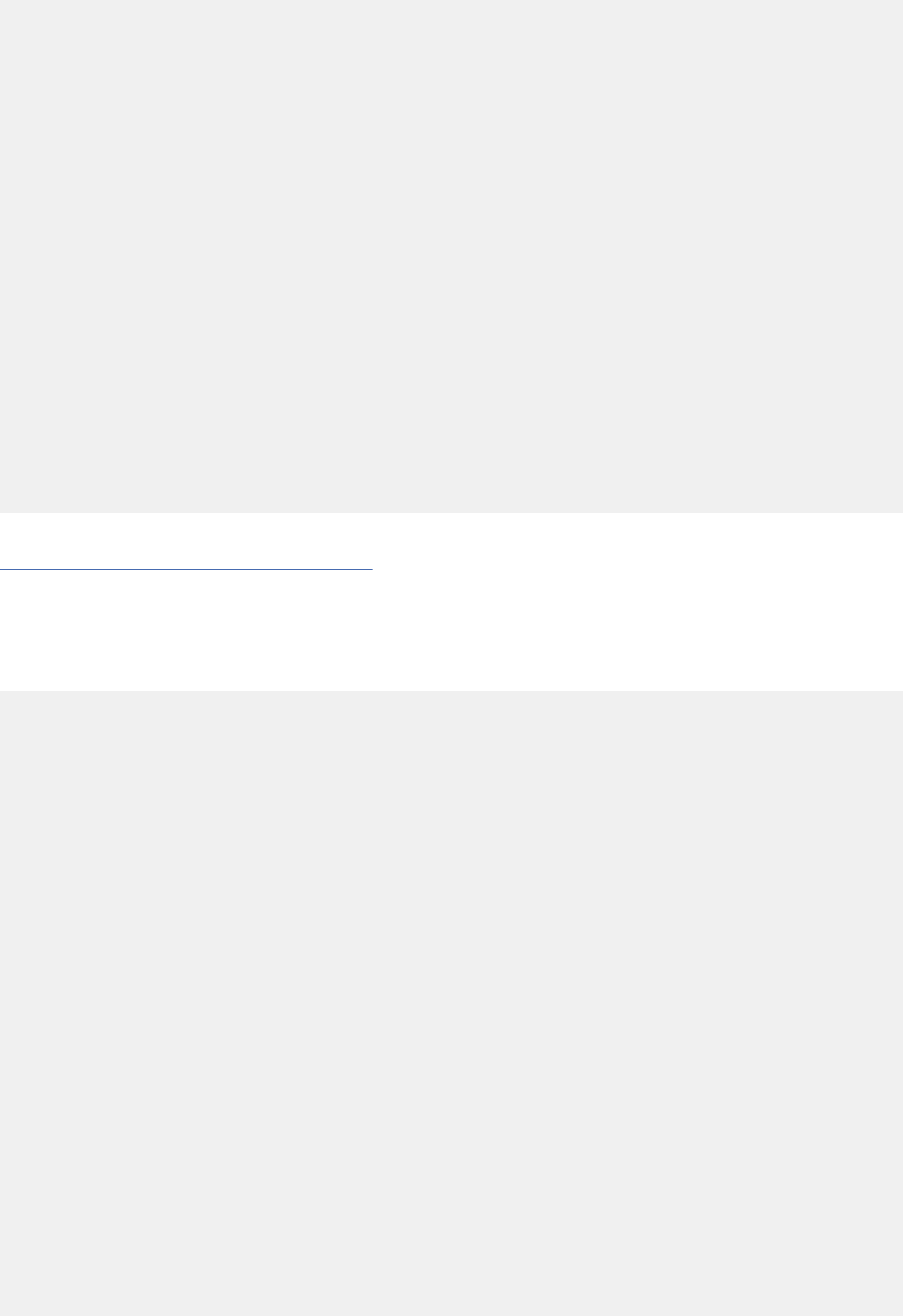
GRANT BIND, EXECUTE ON PLAN DSN8ED5
TO PUBLIC;
//SYSTSIN DD *
DSN SYSTEM(DSN)
BIND PACKAGE(DSN8ED!!) MEMBER(DSN8ED5) APPLCOMPAT(V!!R1) +
ACT(REP) ISO(CS) CURRENTDATA(YES) ENCODING(EBCDIC)
BIND PACKAGE(SAMPLOC.DSN8ED!!) MEMBER(DSN8ED5) -
APPLCOMPAT(V!!R1) +
ACT(REP) ISO(CS) CURRENTDATA(YES) ENCODING(EBCDIC)
BIND PLAN(DSN8ED5) -
PKLIST(DSN8ED!!.DSN8ED5, -
SAMPLOC.DSN8ED!!.DSN8ED5, -
SAMPLOC.DSN8ES!!.*) -
ACTION(REPLACE) RETAIN +
ISO(CS) CURRENTDATA(YES) ENCODING(EBCDIC)
RUN PROGRAM(DSNTIAD) PLAN(DSNTIA!!) -
LIB('DSN!!0.RUNLIB.LOAD')
END
//*
//*********************************************************************
//* STEP 7: Invoke DSN8ED5 to call sample SQL Procedure DSN8.DSN8ES2
//*********************************************************************
//PH065S07 EXEC PGM=IKJEFT01,DYNAMNBR=20,COND=(4,LT)
//SYSTSPRT DD SYSOUT=*
//SYSPRINT DD SYSOUT=*
//SYSUDUMP DD SYSOUT=*
//SYSTSIN DD *
DSN SYSTEM(DSN)
RUN PROGRAM(DSN8ED5) PLAN(DSN8ED5) -
PARMS('1500.00 SAMPLOC')
END
Related reference
“Sample applications in TSO” on page 1035
A set of Db2 sample applications run in the TSO environment.
DSNTEJ6W
This JCL does the following.
//*
//* DB2 Sample Application
//* Phase 6
//* Sample caller for Stored Procedure WLM_REFRESH
//* IBM C/C++ for z/OS
//*
//* Licensed Materials - Property of IBM
//* 5650-DB2
//* (C) COPYRIGHT 1982, 2016 IBM Corp. All Rights Reserved.
//*
//* STATUS = Version 12
//*
//* Function =
//* This JCL does the following:
//* * Prepares and executes DSN8ED6, a sample caller of the
//* WLM_REFRESH stored procedure. WLM_REFRESH refreshes a
//* WLM environment specified as an input parameter using an
//* authorization ID also specified as an input parameter. The
//* authorization ID must have READ access on a resource profile
//* called !DSN!.WLM_REFRESH.!WLMENV!
//* Use job DSNTIJRA job step DSNTWR to create and permit access
//* to this resource profile.
//* * Optional: Prepares DSNTWR and DSNTWRE, external modules for
//* WLM_REFRESH. These modules are provided in SDSNLOAD so
//* preparing them is required only if you maintain a customized
//* copy of DSNTWRS, the sample source code for DSNTWR, or
//* DSNTWRE, the sample source code for DSNTWRE.
//*
//* Pseudocode =
//* PH06WS00 Step Optional: Prepare DSNTWRE, a program for
//* getting the DB2 Environment Info Block (EIB)
//* -> Uncomment and run this step if you want to
//* override the DB2-supplied DSNTWRE module
//* PH06WS01 Step Optional: Prepare DSNTWR, the external module
//* for SYSPROC.WLM_REFRESH
//* -> Uncomment and run this step if you want to
//* override the DB2-supplied DSNTWR module
//* PH06WS02 Step Optional: Bind the package for DSNTWR
1330
Db2 12 for z/OS: Application Programming and SQL Guide (Last updated: 2024-07-30)

//* -> Uncomment and run this step only if you
//* also uncomment and run the step PH06WS01
//* PH06WS03 Step Prepare DSN8ED6
//* PH06WS04 Step Bind the plan and package for DSN8ED6
//* PH06WS05 Step Invoke DSN8ED6
//*
//* Dependencies =
//* (1) This job requires the DB2-provided JCL procedures DSNHASM and
//* DSNHC
//* (2) Run this job only after running jobs DSNTIJTM and DSNTIJRT
//* (3) The DSN8ED6 program receives parameters that contain the name
//* of the WLM environment to be refreshed and the authorization
//* ID to be used for the request. The authorization ID must have
//* READ access an a resource profile called
//* !DSN!.WLM_REFRESH.!WLMENV!
//* Use job DSNTIJRA job step DSNTWR to create and permit access
//* to this resource profile.
//*
//* Notes =
//*
//* Change Activity =
//* 10/16/2013 Don't use prelinker by default PI13612 DM1812
//* 08/18/2014 Single-phase migration s21938_inst1 s21938
//*
//*********************************************************************
//*
//JOBLIB DD DISP=SHR,DSN=DSN!!0.SDSNEXIT
// DD DISP=SHR,DSN=DSN!!0.SDSNLOAD
// DD DISP=SHR,DSN=CEE.V!R!M!.SCEERUN
//*
//* //*
//* //* Step 0 (Optional): Prepare DSNTWRE, a program that gets
//* //* the DB2 group attach name
//* //*
//* //PH06WS00 EXEC DSNHASM,COND=(4,LT),
//* // MEM=DSNTWRE,
//* // PARM.PC='HOST(ASM),STDSQL(NO)',
//* // PARM.ASM='RENT,OBJECT,NODECK',
//* // PARM.LKED='LIST,XREF,AMODE=31,RMODE=ANY,RENT'
//* //PC.DBRMLIB DD DSN=DSN!!0.DBRMLIB.DATA(DSNTWRE),
//* // DISP=SHR
//* //PC.SYSLIB DD DSN=DSN!!0.SDSNSAMP,
//* // DISP=SHR
//* //PC.SYSIN DD DSN=DSN!!0.SDSNSAMP(DSNTWRE),
//* // DISP=SHR
//* //ASM.SYSLIB DD DSN=SYS1.MACLIB,
//* // DISP=SHR
//* // DD DSN=CEE.V!R!M!.SCEEMAC,
//* // DISP=SHR
//* // DD DSN=DSN!!0.SDSNMACS,
//* // DISP=SHR
//* // DD DSN=DSN!!0.SDSNSAMP,
//* // DISP=SHR
//* //LKED.SYSLMOD DD DSN=DSN!!0.SDSNEXIT(DSNTWRE),
//* // DISP=SHR
//* //LKED.SYSLIB DD DSN=CEE.V!R!M!.SCEELKED,
//* // DISP=SHR
//* // DD DSN=CEE.V!R!M!.SCEERUN,
//* // DISP=SHR
//* // DD DSN=CEE.V!R!M!.SCEESPC,
//* // DISP=SHR
//* // DD DSN=CEE.V!R!M!.SCEESPCO,
//* // DISP=SHR
//* // DD DSN=DSN!!0.SDSNLOAD,
//* // DISP=SHR
//* //LKED.SYSIN DD *
//* INCLUDE SYSLIB(DSNRLI)
//* NAME DSNTWRE(R)
//* /*
//* //*
//* //* Step 1 (Optional): Prepare DSNTWR, the external module for
//* //* WLM_REFRESH
//* //*
//* //PH06WS01 EXEC DSNHASM,COND=(4,LT),
//* // MEM=DSNTWR,
//* // PARM.PC='HOST(ASM),STDSQL(NO)',
//* // PARM.ASM='RENT,OBJECT,NODECK',
//* // PARM.LKED='LIST,XREF,AMODE=31,RMODE=ANY,RENT'
//* //PC.DBRMLIB DD DSN=DSN!!0.DBRMLIB.DATA(DSNTWR),
//* // DISP=SHR
//* //PC.SYSLIB DD DSN=DSN!!0.SDSNSAMP,
//* // DISP=SHR
Chapter 12. Sample data and applications supplied with Db2 for z/OS
1331

//* //PC.SYSIN DD DSN=DSN!!0.SDSNSAMP(DSNTWRS),
//* // DISP=SHR
//* //ASM.SYSLIB DD DSN=SYS1.MACLIB,
//* // DISP=SHR
//* // DD DSN=CEE.V!R!M!.SCEEMAC,
//* // DISP=SHR
//* // DD DSN=DSN!!0.SDSNMACS,
//* // DISP=SHR
//* // DD DSN=DSN!!0.SDSNSAMP,
//* // DISP=SHR
//* //LKED.SYSLMOD DD DSN=DSN!!0.SDSNEXIT(DSNTWR),
//* // DISP=SHR
//* //LKED.SYSLIB DD DSN=CEE.V!R!M!.SCEELKED,
//* // DISP=SHR
//* // DD DSN=CEE.V!R!M!.SCEERUN,
//* // DISP=SHR
//* // DD DSN=CEE.V!R!M!.SCEESPC,
//* // DISP=SHR
//* // DD DSN=CEE.V!R!M!.SCEESPCO,
//* // DISP=SHR
//* // DD DSN=DSN!!0.SDSNLOAD,
//* // DISP=SHR
//* //LKED.SYSIN DD *
//* INCLUDE SYSLIB(DSNRLI)
//* SETCODE AC(1)
//* NAME DSNTWR(R)
//* /*
//* //*
//* //* Step 2 (Optional): Bind the package for DSNTWR
//* //*
//* //PH06WS02 EXEC PGM=IKJEFT01,DYNAMNBR=20,COND=(4,LT)
//* //DBRMLIB DD DISP=SHR,DSN=DSN!!0.DBRMLIB.DATA
//* //SYSTSPRT DD SYSOUT=*
//* //SYSPRINT DD SYSOUT=*
//* //SYSUDUMP DD SYSOUT=*
//* //SYSTSIN DD *
//* DSN SYSTEM(DSN)
//* BIND PACKAGE(DSNTWR) MEMBER(DSNTWR) APPLCOMPAT(V!!R1) +
//* ACT(REP) ISO(CS) CURRENTDATA(YES) ENCODING(EBCDIC)
//* END
//* /*
//*
//* Step 3: Prepare DSN8ED6, sample caller of WLM_REFRESH
//*
//PH06WS03 EXEC DSNHC,MEM=DSN8ED6,COND=(4,LT),
// PARM.PC=('HOST(C),CCSID(1047),MARGINS(1,72),STDSQL(NO)',
// SOURCE,XREF),
// PARM.C='SOURCE LIST MAR(1,72) LO RENT OPTFILE(DD:CCOPTS)',
// PARM.LKED='AMODE=31,RMODE=ANY,MAP,RENT,UPCASE'
//PC.DBRMLIB DD DSN=DSN!!0.DBRMLIB.DATA(DSN8ED6),
// DISP=SHR
//PC.SYSLIB DD DSN=DSN!!0.SRCLIB.DATA,
// DISP=SHR
//PC.SYSIN DD DSN=DSN!!0.SDSNSAMP(DSN8ED6),
// DISP=SHR
//LKED.SYSLMOD DD DSN=DSN!!0.RUNLIB.LOAD(DSN8ED6),
// DISP=SHR
//LKED.SYSIN DD *
INCLUDE SYSLIB(DSNELI)
INCLUDE SYSLIB(DSNTIAR)
//*
//* Step 4: Bind the package and plan for DSN8ED6
//*
//PH06WS04 EXEC PGM=IKJEFT01,DYNAMNBR=20,COND=(4,LT)
//DBRMLIB DD DISP=SHR,DSN=DSN!!0.DBRMLIB.DATA
//SYSTSPRT DD SYSOUT=*
//SYSPRINT DD SYSOUT=*
//SYSUDUMP DD SYSOUT=*
//SYSTSIN DD *
DSN SYSTEM(DSN)
BIND PACKAGE(DSN8ED!!) MEMBER(DSN8ED6) APPLCOMPAT(V!!R1) +
ACT(REP) ISO(CS) CURRENTDATA(YES) ENCODING(EBCDIC)
BIND PLAN(DSN8ED6) -
PKLIST(DSN8ED!!.DSN8ED6, -
DSNTWR.DSNTWR) -
ACTION(REPLACE) RETAIN +
ISO(CS) CURRENTDATA(YES) ENCODING(EBCDIC)
RUN PROGRAM(DSNTIAD) PLAN(DSNTIA!!) -
LIB('DSN!!0.RUNLIB.LOAD')
END
//SYSIN DD *
SET CURRENT SQLID = 'SYSADM';
1332
Db2 12 for z/OS: Application Programming and SQL Guide (Last updated: 2024-07-30)

GRANT BIND, EXECUTE ON PLAN DSN8ED6
TO PUBLIC;
//*
//* Step 5: Invoke DSN8ED6
//*
//PH06WS05 EXEC PGM=IKJEFT01,DYNAMNBR=20,COND=(4,LT)
//SYSTSPRT DD SYSOUT=*
//SYSPRINT DD SYSOUT=*
//SYSUDUMP DD SYSOUT=*
//SYSTSIN DD *
DSN SYSTEM(DSN)
RUN PROGRAM(DSN8ED6) PLAN(DSN8ED6) -
LIB('DSN!!0.RUNLIB.LOAD') -
PARMS('!WLMENV! !DSN! !ID!')
END
/*
Related reference
“Sample applications in TSO” on page 1035
A set of Db2 sample applications run in the TSO environment.
DSNTEJ6Z
This JCL prepares and executes DSN8ED7, a sample caller of ADMIN_INFO_SYSPARM, a Db2-provided
stored procedure that returns the current settings of your Db2 subsystem parameters.
//*
//* DB2 Sample Application
//* Phase 6
//* Sample Caller of Stored Procedure - ADMIN_INFO_SYSPARM
//* C language
//*
//*
//* LICENSED MATERIALS - PROPERTY OF IBM
//* 5650-DB2
//* (C) COPYRIGHT 1982, 2016 IBM CORP. ALL RIGHTS RESERVED.
//*
//* Status = VERSION 12
//*
//* Function =
//* This JCL prepares and executes DSN8ED7, a sample caller of
//* ADMIN_INFO_SYSPARM, a DB2-provided stored procedure that returns
//* the current settings of your DB2 subsystem parameters. After
//* calling ADMIN_INFO_SYSPARM, DSN8ED7 formats the results in a
//* report format.
//*
//* Pseudocode =
//* PH06ZS01 Step Prepare DSN8ED7
//* PH06ZS02 Step Bind the plan and package for DSN8ED7
//* PH06ZS03 Step Invoke DSN8ED7
//*
//* Dependencies =
//* - This job requires the DB2-provided JCL procedure DSNHC
//*
//* Notes =
//*
//* Change Activity =
//* 10/16/2013 Don't use prelinker by default PI13612 DM1812
//* 08/18/2014 Single-phase migration s21938_inst1 s21938
//*
//*********************************************************************
//*
//JOBLIB DD DISP=SHR,DSN=DSN!!0.SDSNEXIT
// DD DISP=SHR,DSN=DSN!!0.SDSNLOAD
// DD DISP=SHR,DSN=CEE.V!R!M!.SCEERUN
//*
//* Step 1: Prepare DSN8ED7, sample caller of ADMIN_INFO_SYSPARM
//*
//PH06ZS01 EXEC DSNHC,MEM=DSN8ED7,COND=(4,LT),
// PARM.PC=('HOST(C),CCSID(1047),MARGINS(1,72),STDSQL(NO)',
// SOURCE,XREF),
// PARM.C='SOURCE LIST MAR(1,72) LO RENT OPTFILE(DD:CCOPTS)',
// PARM.LKED='AMODE=31,RMODE=ANY,MAP,RENT,REUS,UPCASE'
//PC.DBRMLIB DD DSN=DSN!!0.DBRMLIB.DATA(DSN8ED7),
// DISP=SHR
//PC.SYSLIB DD DSN=DSN!!0.SRCLIB.DATA,
// DISP=SHR
//PC.SYSIN DD DSN=DSN!!0.SDSNSAMP(DSN8ED7),
Chapter 12. Sample data and applications supplied with Db2 for z/OS
1333

// DISP=SHR
//LKED.SYSLMOD DD DSN=DSN!!0.RUNLIB.LOAD(DSN8ED7),
// DISP=SHR
//LKED.SYSIN DD *
INCLUDE SYSLIB(DSNELI)
INCLUDE SYSLIB(DSNTIAR)
//*
//* Step 2: Bind the package and plan for DSN8ED7
//*
//PH06ZS02 EXEC PGM=IKJEFT01,DYNAMNBR=20,COND=(4,LT)
//DBRMLIB DD DISP=SHR,DSN=DSN!!0.DBRMLIB.DATA
//SYSTSPRT DD SYSOUT=*
//SYSPRINT DD SYSOUT=*
//SYSUDUMP DD SYSOUT=*
//SYSTSIN DD *
DSN SYSTEM(DSN)
BIND PACKAGE(DSN8ED!!) MEMBER(DSN8ED7) APPLCOMPAT(V!!R1) +
ACT(REP) ISO(CS) CURRENTDATA(YES) ENCODING(EBCDIC)
BIND PLAN(DSN8ED7) -
PKLIST(DSN8ED!!.DSN8ED7 ) -
ACTION(REPLACE) RETAIN +
ISO(CS) CURRENTDATA(YES) ENCODING(EBCDIC)
RUN PROGRAM(DSNTIAD) PLAN(DSNTIA!!) -
LIB('DSN!!0.RUNLIB.LOAD')
END
//SYSIN DD *
SET CURRENT SQLID = 'SYSADM';
GRANT BIND, EXECUTE ON PLAN DSN8ED7
TO PUBLIC;
//*
//* Step 3: Invoke DSN8ED7
//*
//PH06ZS03 EXEC PGM=IKJEFT01,DYNAMNBR=20,COND=(4,LT)
//SYSTSPRT DD SYSOUT=*
//SYSPRINT DD SYSOUT=*
//SYSUDUMP DD SYSOUT=*
//SYSTSIN DD *
DSN SYSTEM(DSN)
RUN PROGRAM(DSN8ED7) PLAN(DSN8ED7) -
LIB('DSN!!0.RUNLIB.LOAD')
END
/*
Related reference
“Sample applications in TSO” on page 1035
A set of Db2 sample applications run in the TSO environment.
DSNTEJ66
This JCL does the following.
//*********************************************************************
//* Name = DSNTEJ66
//*
//* Descriptive Name = DB2 Sample Application - Native SQL Procedure
//* Phase 6
//*
//*
//* Licensed Materials - Property of IBM
//* 5650-DB2
//* (C) COPYRIGHT 2006, 2016 IBM Corp. All Rights Reserved.
//*
//* STATUS = Version 12
//*
//* Function = This JCL does the following:
//* - Creates a sample native SQL procedure called
//* DSN8.DSN8ES3 that generates and returns (by result
//* set) a CREATE PROCEDURE statement for a given stored
//* procedure.
//* - Prepares and executes a sample caller of DSN8ES3
//* called DSN8ED9.
//* - Shows how to use ALTER PROCEDURE ... ADD VERSION to
//* create a version V2 of DSN8ES3 that does the same
//* thing as the original version but also adds a
//* terminating semicolon at the end of the generated
//* CREATE PROCEDURE statement
//* - Shows how to ALTER ACTIVATE version V2 to make it
//* the active version of DSN8ES3
1334
Db2 12 for z/OS: Application Programming and SQL Guide (Last updated: 2024-07-30)

//* - Shows how to DEPLOY DSN8ES3 at a remote site
//*
//* Restrictions =
//* As part of the setup to DEPLOY DSN8ES3, the DSNTEP2 application
//* needs to be able to connect to the remote site.
//*
//* Notice =
//*
//* Pseudocode =
//* PH066S01 Step Drop objects created by prior runs of this job
//* PH066S02 Step Create the global temporary table for
//* DSN8.DSN8ES3
//* PH066S03 Step Prepare DSN8ES3 as a native SQL procedure
//* -> Also generates a package called
//* DSN8.DSN8ES3
//* PH066S04 Step Prepare DSN8ED9, sample caller for the DSN8ES3
//* SQL proc
//* PH066S05 Step Bind the plan for DSN8ED9
//* PH066S06 Step Execute DSN8ED9 to request a CREATE PROC
//* statement for the stored procedure
//* SYSPROC.DSNUTILS
//* PH066S07 Step Create a work copy of the DSN8ES3 source code
//* PH066S08 Step Use TSO edit to modify the work copy into an
//* ALTER PROCEDURE that will make a trivial
//* change to DSN8ES3 as VERSION V2
//* -> The generated CREATE PROC statement will be
//* terminated by a semicolon
//* PH066S09 Step Save the work copy as DSN8ES3 in
//* DSN!!0.NEW.SDSNSAMP
//* PH066S10 Step Process the ALTER PROCEDURE DSN8ES3 to ADD
//* VERSION V2
//* -> Also generates a package called
//* DSN8.DSN8ES3 (VERSION V2)
//* PH066S11 Step Activate V2 as the current version of DSN8ES3
//* PH066S12 Step Execute DSN8ED9 to request a CREATE PROC
//* statement for SYSPROC.DSNUTILU
//* -> When using DSN8ES3 V2, it's terminated by a
//* semicolon
//* PH066S13 Step Setup to DEPLOY DSN8ES3: Create a global
//* temporary table on the remote server
//* -> To rerun this step, uncomment the DROP
//* and COMMIT statements
//* PH066S14 Step DEPLOY DSN8ES3 on the remote server
//* PH066S15 Step Bind the plan for DSN8ED9 on the remote server
//* PH066S16 Step Execute DSN8ED9 to request a CREATE PROC
//* statement for SYSPROC.DSNUTILS at the remote
//* site
//*
//* Change Activity =
//* 10/16/2013 Don't use prelinker by default PI13612 DM1812
//* 08/18/2014 Single-phase migration s21938_inst1 s21938
//*
//*********************************************************************
//*
//JOBLIB DD DSN=DSN!!0.SDSNEXIT,DISP=SHR
// DD DSN=DSN!!0.SDSNLOAD,DISP=SHR
// DD DSN=CEE.V!R!M!.SCEERUN,DISP=SHR
//*
//* Step 1: Drop objects created by prior runs of this job
//*
//PH066S01 EXEC PGM=IKJEFT01,DYNAMNBR=20
//SYSTSPRT DD SYSOUT=*
//SYSTSIN DD *
DSN SYSTEM(DSN)
RUN PROGRAM(DSNTIAD) +
PLAN(DSNTIA!!) +
LIB('DSN!!0.RUNLIB.LOAD') +
PARM('RC0')
//SYSPRINT DD SYSOUT=*
//SYSUDUMP DD SYSOUT=*
//SYSIN DD *
SET CURRENT SQLID = 'SYSADM';
DROP PROCEDURE DSN8.DSN8ES3;
COMMIT;
DROP TABLE DSN8.DSN8ES3_RS_TBL;
COMMIT;
//WORKCOPY DD DSN=DSN!!0.DSN8.DSN8ES3.WORKCOPY,
// DISP=(MOD,DELETE),
// UNIT=SYSDA,SPACE=(TRK,0)
//*
//* Step 2: Create the global temporary table for DSN8.DSN8ES3
//*
Chapter 12. Sample data and applications supplied with Db2 for z/OS
1335

//PH066S02 EXEC PGM=IKJEFT01,DYNAMNBR=20,COND=(4,LT)
//SYSTSPRT DD SYSOUT=*
//SYSTSIN DD *
DSN SYSTEM(DSN)
RUN PROGRAM(DSNTIAD) +
PLAN(DSNTIA!!) +
LIB('DSN!!0.RUNLIB.LOAD')
//SYSPRINT DD SYSOUT=*
//SYSUDUMP DD SYSOUT=*
//SYSIN DD *
SET CURRENT SQLID = 'SYSADM';
CREATE GLOBAL TEMPORARY TABLE
DSN8.DSN8ES3_RS_TBL
( RS_SEQUENCE INTEGER NOT NULL,
RS_LINE CHAR(80) NOT NULL )
CCSID EBCDIC
//*
//* Step 3: Prepare DSN8ES3 as a native SQL procedure
//* -> Also generates a package called DSN8.DSN8ES3
//*
//PH066S03 EXEC PGM=IKJEFT01,DYNAMNBR=20,COND=(4,LT)
//SYSTSPRT DD SYSOUT=*
//SYSPRINT DD SYSOUT=*
//SYSUDUMP DD SYSOUT=*
//SYSTSIN DD *
DSN SYSTEM(DSN)
RUN PROGRAM(DSNTEP2) PLAN(DSNTEP!!) +
LIB('DSN!!0.RUNLIB.LOAD') PARMS('/SQLTERM(%)')
END
//SYSIN DD *
SET CURRENT SQLID = 'SYSADM'
%
// DD DISP=SHR,
// DSN=DSN!!0.SDSNSAMP(DSN8ES3)
// DD *
%
//*
//* Step 4: Prepare DSN8ED9, sample caller for the DSN8ES3 SQL proc
//*
//PH066S04 EXEC DSNHC,MEM=DSN8ED9,COND=(4,LT),
// PARM.PC=('HOST(C),CCSID(1047),MARGINS(1,72),STDSQL(NO)',
// SOURCE,XREF),
// PARM.C='SOURCE LIST MAR(1,72) LO RENT OPTFILE(DD:CCOPTS)',
// PARM.LKED='AMODE=31,RMODE=ANY,MAP,NORENT,UPCASE'
//PC.DBRMLIB DD DSN=DSN!!0.DBRMLIB.DATA(DSN8ED9),
// DISP=SHR
//PC.SYSLIB DD DSN=DSN!!0.SRCLIB.DATA,
// DISP=SHR
//PC.SYSIN DD DSN=DSN!!0.SDSNSAMP(DSN8ED9),
// DISP=SHR
//LKED.SYSLMOD DD DSN=DSN!!0.RUNLIB.LOAD(DSN8ED9),
// DISP=SHR
//LKED.SYSIN DD *
INCLUDE SYSLIB(DSNELI)
INCLUDE SYSLIB(DSNTIAR)
//*
//* Step 5: Bind the plan for DSN8ED9
//*
//PH066S05 EXEC PGM=IKJEFT01,DYNAMNBR=20,COND=(4,LT)
//DBRMLIB DD DSN=DSN!!0.DBRMLIB.DATA,
// DISP=SHR
//SYSTSPRT DD SYSOUT=*
//SYSPRINT DD SYSOUT=*
//SYSUDUMP DD SYSOUT=*
//SYSIN DD *
SET CURRENT SQLID = 'SYSADM';
GRANT BIND, EXECUTE ON PLAN DSN8ED9
TO PUBLIC;
//SYSTSIN DD *
DSN SYSTEM(DSN)
BIND PACKAGE(DSN8ED!!) MEMBER(DSN8ED9) APPLCOMPAT(V!!R1) +
ACT(REP) ISO(CS) CURRENTDATA(YES) ENCODING(EBCDIC)
BIND PLAN(DSN8ED9) +
PKLIST(DSN8ED!!.DSN8ED9) +
ACTION(REPLACE) RETAIN +
ISO(CS) CURRENTDATA(YES) ENCODING(EBCDIC)
RUN PROGRAM(DSNTIAD) PLAN(DSNTIA!!) +
LIB('DSN!!0.RUNLIB.LOAD')
//*
//* Step 6: Execute DSN8ED9 to request a CREATE PROC statement
//* for the stored procedure named SYSPROC.DSNUTILS
//*
1336
Db2 12 for z/OS: Application Programming and SQL Guide (Last updated: 2024-07-30)

//PH066S06 EXEC PGM=IKJEFT01,DYNAMNBR=20,COND=(4,LT)
//SYSTSPRT DD SYSOUT=*
//SYSPRINT DD SYSOUT=*
//SYSUDUMP DD SYSOUT=*
//SYSTSIN DD *
DSN SYSTEM(DSN)
RUN PROGRAM(DSN8ED9) PLAN(DSN8ED9) +
LIB('DSN!!0.RUNLIB.LOAD') +
PARMS('/SYSPROC DSNUTILS')
END
//*
//* Step 7: Create a work copy of the DSN8ES3 source code
//*
//PH066S07 EXEC PGM=IEBGENER,COND=(4,LT)
//SYSIN DD DUMMY
//SYSPRINT DD SYSOUT=*
//SYSUT1 DD DISP=SHR,
// DSN=DSN!!0.SDSNSAMP(DSN8ES3)
//SYSUT2 DD DSN=DSN!!0.DSN8.DSN8ES3.WORKCOPY,
// DISP=(,CATLG,DELETE),
// UNIT=SYSDA,
// SPACE=(TRK,1),
// DCB=(RECFM=FB,LRECL=80)
//*
//* Step 8: Use TSO edit to modify the work copy into an ALTER PROCE-
//* DURE that will make a trivial change to DSN8ES3 VERSION V2
//* -> The generated CREATE PROC statement will now be
//* terminated by a semicolon
//*
//PH066S08 EXEC PGM=IKJEFT01,DYNAMNBR=20,COND=(4,LT)
//SYSTSPRT DD SYSOUT=*
//SYSPRINT DD SYSOUT=*
//SYSUDUMP DD SYSOUT=*
//SYSTSIN DD *
EDIT 'DSN!!0.DSN8.DSN8ES3.WORKCOPY' +
DATA OLD NONUM NORECOVER ASIS
FIND /CREATE PROCEDURE DSN8.DSN8ES3/
CHANGE * 1 /CREATE PROCEDURE/ALTER PROCEDURE /
INSERT ADD VERSION V2
FIND /PARAMETER CCSID EBCDIC/
DELETE * 1
FIND /U100: -- Finish up/
CHANGE * 1 /Finish up /Add terminating semicolon/
INSERT SET LINE = ';';
INSERT SET RETURN_POINT = 'DONE';
INSERT GOTO INSERTLINE;
LIST 1 9999
END SAVE
//*
//* Step 9: Save in DSN!!0.NEW.SDSNSAMP
//*
//PH066S09 EXEC PGM=IEBGENER,COND=(4,LT)
//SYSIN DD DUMMY
//SYSPRINT DD SYSOUT=*
//SYSUT1 DD DISP=(OLD,DELETE),
// DSN=DSN!!0.DSN8.DSN8ES3.WORKCOPY
//SYSUT2 DD DISP=SHR,
// DSN=DSN!!0.NEW.SDSNSAMP(DSN8ES3)
//*
//* Step 10: Process the ALTER PROCEDURE DSN8ES3 to ADD VERSION V2
//* -> Also generates a package called DSN8.DSN8ES3 (V2)
//*
//PH066S10 EXEC PGM=IKJEFT01,DYNAMNBR=20,COND=(4,LT)
//SYSTSPRT DD SYSOUT=*
//SYSPRINT DD SYSOUT=*
//SYSUDUMP DD SYSOUT=*
//SYSTSIN DD *
DSN SYSTEM(DSN)
RUN PROGRAM(DSNTEP2) PLAN(DSNTEP!!) +
LIB('DSN!!0.RUNLIB.LOAD') PARMS('/SQLTERM(%)')
END
//SYSIN DD *
SET CURRENT SQLID = 'SYSADM'
%
// DD DISP=SHR,
// DSN=DSN!!0.NEW.SDSNSAMP(DSN8ES3)
// DD *
%
//*
//* Step 11: Activate V2 as the current version of DSN8ES3
//*
//PH066S11 EXEC PGM=IKJEFT01,DYNAMNBR=20,COND=(4,LT)
Chapter 12. Sample data and applications supplied with Db2 for z/OS
1337

//SYSTSPRT DD SYSOUT=*
//SYSPRINT DD SYSOUT=*
//SYSUDUMP DD SYSOUT=*
//SYSTSIN DD *
DSN SYSTEM(DSN)
RUN PROGRAM(DSNTIAD) PLAN(DSNTIA!!) +
LIB('DSN!!0.RUNLIB.LOAD')
END
//SYSIN DD *
SET CURRENT SQLID = 'SYSADM';
ALTER PROCEDURE DSN8.DSN8ES3 ACTIVATE VERSION V2;
//*
//* Step 12: Execute DSN8ED9 to request a CREATE PROC statement
//* for SYSPROC.DSNUTILU
//* -> When using DSN8ES3 V2, it's terminated by a semicolon
//*
//PH066S12 EXEC PGM=IKJEFT01,DYNAMNBR=20,COND=(4,LT)
//SYSTSPRT DD SYSOUT=*
//SYSPRINT DD SYSOUT=*
//SYSUDUMP DD SYSOUT=*
//SYSTSIN DD *
DSN SYSTEM(DSN)
REBIND PACKAGE(DSN8ED!!.DSN8ED9) APPLCOMPAT(V!!R1) +
PLANMGMT(OFF)
RUN PROGRAM(DSN8ED9) PLAN(DSN8ED9) +
LIB('DSN!!0.RUNLIB.LOAD') +
PARMS('/SYSPROC DSNUTILU')
END
//*
//* Step 13: Setup to DEPLOY DSN8ES3 - Create a global temporary
//* table on the remote server
//*
//PH066S13 EXEC PGM=IKJEFT01,DYNAMNBR=20,COND=(4,LT)
//SYSTSPRT DD SYSOUT=*
//SYSPRINT DD SYSOUT=*
//SYSUDUMP DD SYSOUT=*
//SYSTSIN DD *
DSN SYSTEM(DSN)
RUN PROGRAM(DSNTEP2) +
PLAN(DSNTEP!!) +
LIB('DSN!!0.RUNLIB.LOAD')
//SYSIN DD *
SET CURRENT SQLID = 'SYSADM';
CONNECT TO SAMPLOC;
* DROP TABLE DSN8.DSN8ES3_RS_TBL;
* COMMIT;
CREATE GLOBAL TEMPORARY TABLE
DSN8.DSN8ES3_RS_TBL
( RS_SEQUENCE INTEGER NOT NULL,
RS_LINE CHAR(80) NOT NULL )
CCSID EBCDIC;
//*
//* Step 14: DEPLOY DSN8ES3 on the remote server
//*
//PH066S14 EXEC PGM=IKJEFT01,DYNAMNBR=20,COND=(4,LT)
//SYSTSPRT DD SYSOUT=*
//SYSPRINT DD SYSOUT=*
//SYSUDUMP DD SYSOUT=*
//SYSTSIN DD *
DSN SYSTEM(DSN)
BIND PACKAGE(SAMPLOC.DSN8) APPLCOMPAT(V!!R1) +
DEPLOY(DSN8.DSN8ES3) +
COPYVER(V2) +
ACTION(REP)
//*
//* Step 15: Bind the plan for DSN8ED9 on the remote server
//*
//PH066S15 EXEC PGM=IKJEFT01,DYNAMNBR=20,COND=(4,LT)
//DBRMLIB DD DSN=DSN!!0.DBRMLIB.DATA,
// DISP=SHR
//SYSTSPRT DD SYSOUT=*
//SYSPRINT DD SYSOUT=*
//SYSUDUMP DD SYSOUT=*
//SYSIN DD *
SET CURRENT SQLID = 'SYSADM';
GRANT BIND, EXECUTE ON PLAN DSN8ED9
TO PUBLIC;
//SYSTSIN DD *
DSN SYSTEM(DSN)
BIND PACKAGE(SAMPLOC.DSN8ED!!) MEMBER(DSN8ED9) +
APPLCOMPAT(V!!R1) +
ACT(REP) ISO(CS) CURRENTDATA(YES) ENCODING(EBCDIC)
1338
Db2 12 for z/OS: Application Programming and SQL Guide (Last updated: 2024-07-30)

BIND PLAN(DSN8ED9) +
PKLIST(DSN8ED!!.DSN8ED9, +
SAMPLOC.DSN8ED!!.DSN8ED9, +
SAMPLOC.DSN8ES!!.*) +
ACTION(REPLACE) RETAIN +
ISO(CS) CURRENTDATA(YES) ENCODING(EBCDIC)
RUN PROGRAM(DSNTIAD) PLAN(DSNTIA!!) +
LIB('DSN!!0.RUNLIB.LOAD')
//*
//* Step 16: Execute DSN8ED9 to request a CREATE PROC statement for
//* SYSPROC.DSNUTILS at the remote site
//*
//PH066S16 EXEC PGM=IKJEFT01,DYNAMNBR=20,COND=(4,LT)
//SYSTSPRT DD SYSOUT=*
//SYSPRINT DD SYSOUT=*
//SYSUDUMP DD SYSOUT=*
//SYSTSIN DD *
DSN SYSTEM(DSN)
RUN PROGRAM(DSN8ED9) PLAN(DSN8ED9) +
LIB('DSN!!0.RUNLIB.LOAD') +
PARMS('/SYSPROC DSNUTILS SAMPLOC')
END
//*
Related reference
“Sample applications in TSO” on page 1035
A set of Db2 sample applications run in the TSO environment.
DSNTEJ2U
THIS JCL PREPARES THE FOLLOWING Db2 USER-DEFINED FUNCTIONS (UDF'S) AND A DRIVER
PROGRAM TO INVOKE THEM.
//*********************************************************************
//* NAME = DSNTEJ2U
//*
//* DESCRIPTIVE NAME = DB2 SAMPLE APPLICATION
//* PHASE 2
//* USER DEFINED FUNCTIONS (C/C++)
//*
//* Licensed Materials - Property of IBM
//* 5650-DB2
//* (C) COPYRIGHT 1982, 2016 IBM Corp. All Rights Reserved.
//*
//* STATUS = Version 12
//*
//* FUNCTION = THIS JCL PREPARES THE FOLLOWING DB2 USER-DEFINED
//* FUNCTIONS (UDF'S) AND A DRIVER PROGRAM TO INVOKE THEM.
//*
//* NOTES = ENSURE THAT LINE NUMBER SEQUENCING IS SET 'ON' IF
//* THIS JOB IS SUBMITTED FROM AN ISPF EDIT SESSION
//*
//* THIS JOB IS RUN AFTER PHASE 1.
//*
//* CHANGE ACTIVITY =
//* 10/16/2013 Don't use prelinker by default PI13612 DM1812
//* 08/18/2014 Single-phase migration s21938_inst1 s21938
//*
//*********************************************************************
//*
//JOBLIB DD DSN=DSN!!0.SDSNEXIT,DISP=SHR
// DD DSN=DSN!!0.SDSNLOAD,DISP=SHR
// DD DSN=CEE.V!R!M!.SCEERUN,DISP=SHR
// DD DSN=DSN!!0.RUNLIB.LOAD,DISP=SHR
//*
//* STEP 1: DROP ANY EXISTING DB2 SAMPLE UDF'S
//*
//PH02US01 EXEC PGM=IKJEFT01,DYNAMNBR=20
//SYSTSPRT DD SYSOUT=*
//SYSTSIN DD *
DSN SYSTEM(DSN)
RUN PROGRAM(DSNTIAD) -
PLAN(DSNTIA!!) -
LIB('DSN!!0.RUNLIB.LOAD') -
PARM('RC0')
//SYSPRINT DD SYSOUT=*
//SYSUDUMP DD SYSOUT=*
//SYSIN DD *
Chapter 12. Sample data and applications supplied with Db2 for z/OS
1339

SET CURRENT SQLID = 'SYSADM';
DROP SPECIFIC FUNCTION DSN8.DSN8DUCDDVV RESTRICT;
DROP SPECIFIC FUNCTION DSN8.DSN8DUCDVVV RESTRICT;
DROP SPECIFIC FUNCTION DSN8.DSN8DUADV RESTRICT;
DROP SPECIFIC FUNCTION DSN8.DSN8DUCTTVV RESTRICT;
DROP SPECIFIC FUNCTION DSN8.DSN8DUCTVVV RESTRICT;
DROP SPECIFIC FUNCTION DSN8.DSN8DUATV RESTRICT;
DROP SPECIFIC FUNCTION DSN8.DSN8DUCYFV RESTRICT;
DROP SPECIFIC FUNCTION DSN8.DSN8DUCYFVV RESTRICT;
DROP SPECIFIC FUNCTION DSN8.DSN8EUDND RESTRICT;
DROP SPECIFIC FUNCTION DSN8.DSN8EUDNV RESTRICT;
DROP SPECIFIC FUNCTION DSN8.DSN8EUMND RESTRICT;
DROP SPECIFIC FUNCTION DSN8.DSN8EUMNV RESTRICT;
DROP SPECIFIC FUNCTION DSN8.DSN8DUTINV RESTRICT;
DROP SPECIFIC FUNCTION DSN8.DSN8DUTINVV RESTRICT;
DROP SPECIFIC FUNCTION DSN8.DSN8DUTINVVV RESTRICT;
DROP SPECIFIC FUNCTION DSN8.DSN8DUTISV RESTRICT;
DROP SPECIFIC FUNCTION DSN8.DSN8DUTISVV RESTRICT;
DROP SPECIFIC FUNCTION DSN8.DSN8DUTISVVV RESTRICT;
DROP SPECIFIC FUNCTION DSN8.DSN8DUTILV RESTRICT;
DROP SPECIFIC FUNCTION DSN8.DSN8DUTILVV RESTRICT;
DROP SPECIFIC FUNCTION DSN8.DSN8DUTILVVV RESTRICT;
DROP SPECIFIC FUNCTION DSN8.DSN8DUWFV RESTRICT;
//*
//* STEP 2: DEFINE SAMPLE UDF'S TO DB2
//*
//PH02US02 EXEC PGM=IKJEFT01,DYNAMNBR=20,COND=(4,LT)
//SYSTSPRT DD SYSOUT=*
//SYSTSIN DD *
DSN SYSTEM(DSN)
RUN PROGRAM(DSNTIAD) -
PLAN(DSNTIA!!) -
LIB('DSN!!0.RUNLIB.LOAD')
//SYSPRINT DD SYSOUT=*
//SYSUDUMP DD SYSOUT=*
//SYSIN DD *
SET CURRENT SQLID = 'SYSADM';
CREATE FUNCTION
DSN8.ALTDATE(
VARCHAR(13) CCSID EBCDIC )
RETURNS
VARCHAR(17) CCSID EBCDIC
SPECIFIC DSN8.DSN8DUADV
LANGUAGE C
DETERMINISTIC
NO SQL
EXTERNAL NAME DSN8DUAD
PARAMETER STYLE DB2SQL
NULL CALL
NO EXTERNAL ACTION
NO SCRATCHPAD
NO FINAL CALL
ALLOW PARALLEL
NO COLLID
ASUTIME LIMIT 10
STAY RESIDENT NO
PROGRAM TYPE SUB
WLM ENVIRONMENT WLMENV
SECURITY DB2
NO DBINFO;
CREATE FUNCTION
DSN8.ALTDATE(
VARCHAR(17) CCSID EBCDIC,
VARCHAR(13) CCSID EBCDIC,
VARCHAR(13) CCSID EBCDIC )
RETURNS
VARCHAR(17) CCSID EBCDIC
SPECIFIC DSN8.DSN8DUCDVVV
LANGUAGE C
DETERMINISTIC
NO SQL
1340
Db2 12 for z/OS: Application Programming and SQL Guide (Last updated: 2024-07-30)

EXTERNAL NAME DSN8DUCD
PARAMETER STYLE DB2SQL
NULL CALL
NO EXTERNAL ACTION
NO SCRATCHPAD
NO FINAL CALL
ALLOW PARALLEL
NO COLLID
ASUTIME LIMIT 10
STAY RESIDENT NO
PROGRAM TYPE SUB
WLM ENVIRONMENT WLMENV
SECURITY DB2
NO DBINFO;
CREATE FUNCTION
DSN8.ALTDATE(
DATE,
VARCHAR(13) CCSID EBCDIC,
VARCHAR(13) CCSID EBCDIC )
RETURNS
VARCHAR(17) CCSID EBCDIC
SPECIFIC DSN8.DSN8DUCDDVV
SOURCE SPECIFIC DSN8.DSN8DUCDVVV;
CREATE FUNCTION
DSN8.ALTTIME(
VARCHAR(14) CCSID EBCDIC )
RETURNS
VARCHAR(11) CCSID EBCDIC
SPECIFIC DSN8.DSN8DUATV
LANGUAGE C
DETERMINISTIC
NO SQL
EXTERNAL NAME DSN8DUAT
PARAMETER STYLE DB2SQL
NULL CALL
NO EXTERNAL ACTION
NO SCRATCHPAD
NO FINAL CALL
ALLOW PARALLEL
NO COLLID
ASUTIME LIMIT 10
STAY RESIDENT NO
PROGRAM TYPE SUB
WLM ENVIRONMENT WLMENV
SECURITY DB2
NO DBINFO;
CREATE FUNCTION
DSN8.ALTTIME(
VARCHAR(11) CCSID EBCDIC,
VARCHAR(14) CCSID EBCDIC,
VARCHAR(14) CCSID EBCDIC )
RETURNS
VARCHAR(11) CCSID EBCDIC
SPECIFIC DSN8.DSN8DUCTVVV
LANGUAGE C
DETERMINISTIC
NO SQL
EXTERNAL NAME DSN8DUCT
PARAMETER STYLE DB2SQL
NULL CALL
NO EXTERNAL ACTION
NO SCRATCHPAD
NO FINAL CALL
ALLOW PARALLEL
NO COLLID
ASUTIME LIMIT 10
STAY RESIDENT NO
PROGRAM TYPE SUB
WLM ENVIRONMENT WLMENV
SECURITY DB2
NO DBINFO;
CREATE FUNCTION
DSN8.ALTTIME(
TIME,
VARCHAR(14) CCSID EBCDIC,
VARCHAR(14) CCSID EBCDIC )
RETURNS
VARCHAR(11) CCSID EBCDIC
Chapter 12. Sample data and applications supplied with Db2 for z/OS
1341

SPECIFIC DSN8.DSN8DUCTTVV
SOURCE SPECIFIC DSN8.DSN8DUCTVVV;
CREATE FUNCTION
DSN8.CURRENCY(
FLOAT,
VARCHAR(2) CCSID EBCDIC )
RETURNS
VARCHAR(19) CCSID EBCDIC
SPECIFIC DSN8.DSN8DUCYFV
LANGUAGE C
DETERMINISTIC
NO SQL
EXTERNAL NAME DSN8DUCY
PARAMETER STYLE DB2SQL
NULL CALL
NO EXTERNAL ACTION
NO SCRATCHPAD
NO FINAL CALL
ALLOW PARALLEL
NO COLLID
ASUTIME LIMIT 10
STAY RESIDENT NO
PROGRAM TYPE MAIN
WLM ENVIRONMENT WLMENV
SECURITY DB2
NO DBINFO;
CREATE FUNCTION
DSN8.CURRENCY(
FLOAT,
VARCHAR(2) CCSID EBCDIC,
VARCHAR(5) CCSID EBCDIC )
RETURNS
VARCHAR(19) CCSID EBCDIC
SPECIFIC DSN8.DSN8DUCYFVV
LANGUAGE C
DETERMINISTIC
NO SQL
EXTERNAL NAME DSN8DUCY
PARAMETER STYLE DB2SQL
NULL CALL
NO EXTERNAL ACTION
NO SCRATCHPAD
NO FINAL CALL
ALLOW PARALLEL
NO COLLID
ASUTIME LIMIT 10
STAY RESIDENT NO
PROGRAM TYPE MAIN
WLM ENVIRONMENT WLMENV
SECURITY DB2
NO DBINFO;
CREATE FUNCTION
DSN8.DAYNAME(
VARCHAR(10) CCSID EBCDIC )
RETURNS
VARCHAR(9) CCSID EBCDIC
SPECIFIC DSN8.DSN8EUDNV
LANGUAGE C
DETERMINISTIC
NO SQL
EXTERNAL NAME DSN8EUDN
PARAMETER STYLE DB2SQL
NULL CALL
NO EXTERNAL ACTION
NO SCRATCHPAD
NO FINAL CALL
ALLOW PARALLEL
NO COLLID
ASUTIME LIMIT 10
STAY RESIDENT NO
PROGRAM TYPE SUB
WLM ENVIRONMENT WLMENV
SECURITY DB2
NO DBINFO;
CREATE FUNCTION
DSN8.DAYNAME(
DATE )
RETURNS
1342
Db2 12 for z/OS: Application Programming and SQL Guide (Last updated: 2024-07-30)

VARCHAR(9) CCSID EBCDIC
SPECIFIC DSN8.DSN8EUDND
SOURCE SPECIFIC DSN8.DSN8EUDNV;
CREATE FUNCTION
DSN8.MONTHNAME(
VARCHAR(10) CCSID EBCDIC )
RETURNS
VARCHAR(9) CCSID EBCDIC
SPECIFIC DSN8.DSN8EUMNV
LANGUAGE C
DETERMINISTIC
NO SQL
EXTERNAL NAME DSN8EUMN
PARAMETER STYLE DB2SQL
NULL CALL
NO EXTERNAL ACTION
NO SCRATCHPAD
NO FINAL CALL
ALLOW PARALLEL
NO COLLID
ASUTIME LIMIT 10
STAY RESIDENT NO
PROGRAM TYPE SUB
WLM ENVIRONMENT WLMENV
SECURITY DB2
NO DBINFO;
CREATE FUNCTION
DSN8.MONTHNAME(
DATE )
RETURNS
VARCHAR(9) CCSID EBCDIC
SPECIFIC DSN8.DSN8EUMND
SOURCE SPECIFIC DSN8.DSN8EUMNV;
CREATE FUNCTION
DSN8.TABLE_NAME(
VARCHAR(18) CCSID EBCDIC )
RETURNS
VARCHAR(18) CCSID EBCDIC
SPECIFIC DSN8.DSN8DUTINV
LANGUAGE C
DETERMINISTIC
READS SQL DATA
EXTERNAL NAME DSN8DUTI
PARAMETER STYLE DB2SQL
NULL CALL
NO EXTERNAL ACTION
NO SCRATCHPAD
NO FINAL CALL
ALLOW PARALLEL
COLLID DSN8DU!!
ASUTIME LIMIT 10
STAY RESIDENT NO
PROGRAM TYPE MAIN
WLM ENVIRONMENT WLMENV
SECURITY DB2
NO DBINFO;
CREATE FUNCTION
DSN8.TABLE_NAME(
VARCHAR(18) CCSID EBCDIC,
VARCHAR(8) CCSID EBCDIC )
RETURNS
VARCHAR(18) CCSID EBCDIC
SPECIFIC DSN8.DSN8DUTINVV
LANGUAGE C
DETERMINISTIC
READS SQL DATA
EXTERNAL NAME DSN8DUTI
PARAMETER STYLE DB2SQL
NULL CALL
NO EXTERNAL ACTION
NO SCRATCHPAD
NO FINAL CALL
ALLOW PARALLEL
COLLID DSN8DU!!
ASUTIME LIMIT 10
STAY RESIDENT NO
PROGRAM TYPE MAIN
WLM ENVIRONMENT WLMENV
Chapter 12. Sample data and applications supplied with Db2 for z/OS
1343

SECURITY DB2
NO DBINFO;
CREATE FUNCTION
DSN8.TABLE_NAME(
VARCHAR(18) CCSID EBCDIC,
VARCHAR(8) CCSID EBCDIC,
VARCHAR(16) CCSID EBCDIC )
RETURNS
VARCHAR(18) CCSID EBCDIC
SPECIFIC DSN8.DSN8DUTINVVV
LANGUAGE C
DETERMINISTIC
READS SQL DATA
EXTERNAL NAME DSN8DUTI
PARAMETER STYLE DB2SQL
NULL CALL
NO EXTERNAL ACTION
NO SCRATCHPAD
NO FINAL CALL
ALLOW PARALLEL
COLLID DSN8DU!!
ASUTIME LIMIT 10
STAY RESIDENT NO
PROGRAM TYPE MAIN
WLM ENVIRONMENT WLMENV
SECURITY DB2
NO DBINFO;
CREATE FUNCTION
DSN8.TABLE_SCHEMA(
VARCHAR(18) CCSID EBCDIC )
RETURNS
VARCHAR(8) CCSID EBCDIC
SPECIFIC DSN8.DSN8DUTISV
LANGUAGE C
DETERMINISTIC
READS SQL DATA
EXTERNAL NAME DSN8DUTI
PARAMETER STYLE DB2SQL
NULL CALL
NO EXTERNAL ACTION
NO SCRATCHPAD
NO FINAL CALL
ALLOW PARALLEL
COLLID DSN8DU!!
ASUTIME LIMIT 10
STAY RESIDENT NO
PROGRAM TYPE MAIN
WLM ENVIRONMENT WLMENV
SECURITY DB2
NO DBINFO;
CREATE FUNCTION
DSN8.TABLE_SCHEMA(
VARCHAR(18) CCSID EBCDIC,
VARCHAR(8) CCSID EBCDIC )
RETURNS
VARCHAR(8) CCSID EBCDIC
SPECIFIC DSN8.DSN8DUTISVV
LANGUAGE C
DETERMINISTIC
READS SQL DATA
EXTERNAL NAME DSN8DUTI
PARAMETER STYLE DB2SQL
NULL CALL
NO EXTERNAL ACTION
NO SCRATCHPAD
NO FINAL CALL
ALLOW PARALLEL
COLLID DSN8DU!!
ASUTIME LIMIT 10
STAY RESIDENT NO
PROGRAM TYPE MAIN
WLM ENVIRONMENT WLMENV
SECURITY DB2
NO DBINFO;
CREATE FUNCTION
DSN8.TABLE_SCHEMA(
VARCHAR(18) CCSID EBCDIC,
VARCHAR(8) CCSID EBCDIC,
1344
Db2 12 for z/OS: Application Programming and SQL Guide (Last updated: 2024-07-30)

VARCHAR(16) CCSID EBCDIC )
RETURNS
VARCHAR(8) CCSID EBCDIC
SPECIFIC DSN8.DSN8DUTISVVV
LANGUAGE C
DETERMINISTIC
READS SQL DATA
EXTERNAL NAME DSN8DUTI
PARAMETER STYLE DB2SQL
NULL CALL
NO EXTERNAL ACTION
NO SCRATCHPAD
NO FINAL CALL
ALLOW PARALLEL
COLLID DSN8DU!!
ASUTIME LIMIT 10
STAY RESIDENT NO
PROGRAM TYPE MAIN
WLM ENVIRONMENT WLMENV
SECURITY DB2
NO DBINFO;
CREATE FUNCTION
DSN8.TABLE_LOCATION(
VARCHAR(18) CCSID EBCDIC )
RETURNS
VARCHAR(16) CCSID EBCDIC
SPECIFIC DSN8.DSN8DUTILV
LANGUAGE C
DETERMINISTIC
READS SQL DATA
EXTERNAL NAME DSN8DUTI
PARAMETER STYLE DB2SQL
NULL CALL
NO EXTERNAL ACTION
NO SCRATCHPAD
NO FINAL CALL
ALLOW PARALLEL
COLLID DSN8DU!!
ASUTIME LIMIT 10
STAY RESIDENT NO
PROGRAM TYPE MAIN
WLM ENVIRONMENT WLMENV
SECURITY DB2
NO DBINFO;
CREATE FUNCTION
DSN8.TABLE_LOCATION(
VARCHAR(18) CCSID EBCDIC,
VARCHAR(8) CCSID EBCDIC )
RETURNS
VARCHAR(16) CCSID EBCDIC
SPECIFIC DSN8.DSN8DUTILVV
LANGUAGE C
DETERMINISTIC
READS SQL DATA
EXTERNAL NAME DSN8DUTI
PARAMETER STYLE DB2SQL
NULL CALL
NO EXTERNAL ACTION
NO SCRATCHPAD
NO FINAL CALL
ALLOW PARALLEL
COLLID DSN8DU!!
ASUTIME LIMIT 10
STAY RESIDENT NO
PROGRAM TYPE MAIN
WLM ENVIRONMENT WLMENV
SECURITY DB2
NO DBINFO;
CREATE FUNCTION
DSN8.TABLE_LOCATION(
VARCHAR(18) CCSID EBCDIC,
VARCHAR(8) CCSID EBCDIC,
VARCHAR(16) CCSID EBCDIC )
RETURNS
VARCHAR(16) CCSID EBCDIC
SPECIFIC DSN8.DSN8DUTILVVV
LANGUAGE C
DETERMINISTIC
READS SQL DATA
Chapter 12. Sample data and applications supplied with Db2 for z/OS
1345

EXTERNAL NAME DSN8DUTI
PARAMETER STYLE DB2SQL
NULL CALL
NO EXTERNAL ACTION
NO SCRATCHPAD
NO FINAL CALL
ALLOW PARALLEL
COLLID DSN8DU!!
ASUTIME LIMIT 10
STAY RESIDENT NO
PROGRAM TYPE MAIN
WLM ENVIRONMENT WLMENV
SECURITY DB2
NO DBINFO;
CREATE FUNCTION
DSN8.WEATHER(
VARCHAR(44) CCSID EBCDIC )
RETURNS
TABLE(
CITY VARCHAR(30) CCSID EBCDIC,
TEMP_IN_F INTEGER,
HUMIDITY INTEGER,
WIND VARCHAR(5) CCSID EBCDIC,
WIND_VELOCITY INTEGER,
BAROMETER FLOAT,
FORECAST VARCHAR(25) CCSID EBCDIC )
SPECIFIC DSN8.DSN8DUWFV
LANGUAGE C
DETERMINISTIC
NO SQL
EXTERNAL NAME DSN8DUWF
PARAMETER STYLE DB2SQL
NULL CALL
NO EXTERNAL ACTION
SCRATCHPAD
FINAL CALL
DISALLOW PARALLEL
NO COLLID
ASUTIME LIMIT 10
STAY RESIDENT NO
PROGRAM TYPE SUB
WLM ENVIRONMENT WLMENV
SECURITY DB2
NO DBINFO;
GRANT EXECUTE ON SPECIFIC FUNCTION DSN8.DSN8DUADV,
DSN8.DSN8DUCDVVV,
DSN8.DSN8DUCDDVV,
DSN8.DSN8DUATV,
DSN8.DSN8DUCTVVV,
DSN8.DSN8DUCTTVV,
DSN8.DSN8DUCYFV,
DSN8.DSN8DUCYFVV,
DSN8.DSN8EUDNV,
DSN8.DSN8EUDND,
DSN8.DSN8EUMNV,
DSN8.DSN8EUMND,
DSN8.DSN8DUTINV,
DSN8.DSN8DUTINVV,
DSN8.DSN8DUTINVVV,
DSN8.DSN8DUTISV,
DSN8.DSN8DUTISVV,
DSN8.DSN8DUTISVVV,
DSN8.DSN8DUTILV,
DSN8.DSN8DUTILVV,
DSN8.DSN8DUTILVVV,
DSN8.DSN8DUWFV
TO PUBLIC;
//*
//* STEP 3: PREPARE EXTERNAL FOR CURRENT DATE ALTDATE UDF
//*
//PH02US03 EXEC DSNHC,MEM=DSN8DUAD,COND=(4,LT),
// PARM.PC=('HOST(C),CCSID(1047),MARGINS(1,72),STDSQL(NO)',
// SOURCE,XREF),
// PARM.C='SOURCE RENT XREF MARGINS(1,72) OPTFILE(DD:CCOPTS)',
// PARM.LKED='MAP,RENT,REUS,AMODE=31,RMODE=ANY'
//PC.DBRMLIB DD DSN=DSN!!0.DBRMLIB.DATA(DSN8DUAD),
// DISP=SHR
//PC.SYSLIB DD DSN=DSN!!0.SRCLIB.DATA,
// DISP=SHR
1346
Db2 12 for z/OS: Application Programming and SQL Guide (Last updated: 2024-07-30)

//PC.SYSIN DD DSN=DSN!!0.SDSNSAMP(DSN8DUAD),
// DISP=SHR
//LKED.SYSLMOD DD DSN=DSN!!0.RUNLIB.LOAD(DSN8DUAD),
// DISP=SHR
//LKED.SYSIN DD *
INCLUDE SYSLIB(DSNRLI)
NAME DSN8DUAD(R)
//*
//* STEP 4: PREPARE EXTERNAL FOR GIVEN DATE ALTDATE UDF
//*
//PH02US04 EXEC DSNHC,MEM=DSN8DUCD,COND=(4,LT),
// PARM.PC=('HOST(C),CCSID(1047),MARGINS(1,72),STDSQL(NO)',
// SOURCE,XREF),
// PARM.C='SOURCE RENT XREF MARGINS(1,72) OPTFILE(DD:CCOPTS)',
// PARM.LKED='MAP,RENT,REUS,AMODE=31,RMODE=ANY'
//PC.DBRMLIB DD DSN=DSN!!0.DBRMLIB.DATA(DSN8DUCD),
// DISP=SHR
//PC.SYSLIB DD DSN=DSN!!0.SRCLIB.DATA,
// DISP=SHR
//PC.SYSIN DD DSN=DSN!!0.SDSNSAMP(DSN8DUCD),
// DISP=SHR
//LKED.SYSLMOD DD DSN=DSN!!0.RUNLIB.LOAD(DSN8DUCD),
// DISP=SHR
//LKED.SYSIN DD *
INCLUDE SYSLIB(DSNRLI)
NAME DSN8DUCD(R)
//*
//* STEP 5: PREPARE EXTERNAL FOR CURRENT TIME ALTTIME UDF
//*
//PH02US05 EXEC DSNHC,MEM=DSN8DUAT,COND=(4,LT),
// PARM.PC=('HOST(C),CCSID(1047),MARGINS(1,72),STDSQL(NO)',
// SOURCE,XREF),
// PARM.C='SOURCE RENT XREF MARGINS(1,72) OPTFILE(DD:CCOPTS)',
// PARM.LKED='MAP,RENT,REUS,AMODE=31,RMODE=ANY'
//PC.DBRMLIB DD DSN=DSN!!0.DBRMLIB.DATA(DSN8DUAT),
// DISP=SHR
//PC.SYSLIB DD DSN=DSN!!0.SRCLIB.DATA,
// DISP=SHR
//PC.SYSIN DD DSN=DSN!!0.SDSNSAMP(DSN8DUAT),
// DISP=SHR
//LKED.SYSLMOD DD DSN=DSN!!0.RUNLIB.LOAD(DSN8DUAT),
// DISP=SHR
//LKED.SYSIN DD *
INCLUDE SYSLIB(DSNRLI)
NAME DSN8DUAT(R)
//*
//* STEP 6: PREPARE EXTERNAL FOR GIVEN TIME ALTTIME UDF
//*
//PH02US06 EXEC DSNHC,MEM=DSN8DUCT,COND=(4,LT),
// PARM.PC=('HOST(C),CCSID(1047),MARGINS(1,72),STDSQL(NO)',
// SOURCE,XREF),
// PARM.C='SOURCE RENT XREF MARGINS(1,72) OPTFILE(DD:CCOPTS)',
// PARM.LKED='MAP,RENT,REUS,AMODE=31,RMODE=ANY'
//PC.DBRMLIB DD DSN=DSN!!0.DBRMLIB.DATA(DSN8DUCT),
// DISP=SHR
//PC.SYSLIB DD DSN=DSN!!0.SRCLIB.DATA,
// DISP=SHR
//PC.SYSIN DD DSN=DSN!!0.SDSNSAMP(DSN8DUCT),
// DISP=SHR
//LKED.SYSLMOD DD DSN=DSN!!0.RUNLIB.LOAD(DSN8DUCT),
// DISP=SHR
//LKED.SYSIN DD *
INCLUDE SYSLIB(DSNRLI)
NAME DSN8DUCT(R)
//*
//* STEP 7: PREPARE EXTERNAL FOR CURRENCY UDF
//*
//PH02US07 EXEC DSNHC,MEM=DSN8DUCY,COND=(4,LT),
// PARM.PC=('HOST(C),CCSID(1047),MARGINS(1,72),STDSQL(NO)',
// SOURCE,XREF),
// PARM.C='SOURCE RENT XREF MARGINS(1,72) OPTFILE(DD:CCOPTS)',
// PARM.LKED='MAP,RENT,REUS,AMODE=31,RMODE=ANY'
//PC.DBRMLIB DD DSN=DSN!!0.DBRMLIB.DATA(DSN8DUCY),
// DISP=SHR
//PC.SYSLIB DD DSN=DSN!!0.SRCLIB.DATA,
// DISP=SHR
//PC.SYSIN DD DSN=DSN!!0.SDSNSAMP(DSN8DUCY),
// DISP=SHR
//LKED.SYSLMOD DD DSN=DSN!!0.RUNLIB.LOAD(DSN8DUCY),
// DISP=SHR
//LKED.SYSIN DD *
INCLUDE SYSLIB(DSNRLI)
Chapter 12. Sample data and applications supplied with Db2 for z/OS
1347

NAME DSN8DUCY(R)
//*
//* STEP 8: PREPARE EXTERNAL FOR DAYNAME UDF
//*
//PH02US08 EXEC DSNHCPP,MEM=DSN8EUDN,COND=(4,LT),
// PARM.PC=('HOST(CPP),CCSID(1047),MARGINS(1,80),STDSQL(NO)',
// SOURCE,XREF),
// PARM.CP=('/CXX SOURCE XREF OPTFILE(DD:CCOPTS)',
// 'LANGLVL(EXTENDED)'),
// PARM.LKED='MAP,RENT,REUS,AMODE=31,RMODE=ANY'
//PC.DBRMLIB DD DSN=DSN!!0.DBRMLIB.DATA(DSN8EUDN),
// DISP=SHR
//PC.SYSLIB DD DSN=DSN!!0.SRCLIB.DATA,
// DISP=SHR
//PC.SYSIN DD DSN=DSN!!0.SDSNSAMP(DSN8EUDN),
// DISP=SHR
//CP.CCOPTS DD DSN=SYS1.PROCLIB(DSNHCPPS),DISP=SHR
//CP.USERLIB DD DSN=DSN!!0.SRCLIB.DATA,
// DISP=SHR
//LKED.SYSLMOD DD DSN=DSN!!0.RUNLIB.LOAD(DSN8EUDN),
// DISP=SHR
//LKED.SYSIN DD *
INCLUDE SYSLIB(DSNRLI)
NAME DSN8EUDN(R)
//*
//* STEP 9: PREPARE EXTERNAL FOR MONTHNAME UDF
//*
//PH02US09 EXEC DSNHCPP,MEM=DSN8EUMN,COND=(4,LT),
// PARM.PC=('HOST(CPP),CCSID(1047),MARGINS(1,80),STDSQL(NO)',
// SOURCE,XREF),
// PARM.CP=('/CXX SOURCE XREF OPTFILE(DD:CCOPTS)',
// 'LANGLVL(EXTENDED)'),
// PARM.LKED='MAP,RENT,REUS,AMODE=31,RMODE=ANY'
//PC.DBRMLIB DD DSN=DSN!!0.DBRMLIB.DATA(DSN8EUMN),
// DISP=SHR
//PC.SYSLIB DD DSN=DSN!!0.SRCLIB.DATA,
// DISP=SHR
//PC.SYSIN DD DSN=DSN!!0.SDSNSAMP(DSN8EUMN),
// DISP=SHR
//CP.CCOPTS DD DSN=SYS1.PROCLIB(DSNHCPPS),DISP=SHR
//CP.USERLIB DD DSN=DSN!!0.SRCLIB.DATA,
// DISP=SHR
//LKED.SYSLMOD DD DSN=DSN!!0.RUNLIB.LOAD(DSN8EUMN),
// DISP=SHR
//LKED.SYSIN DD *
INCLUDE SYSLIB(DSNRLI)
NAME DSN8EUMN(R)
//*
//* STEP 10: PREPARE EXTERNAL FOR TABLE_NAME, TABLE_SCHEMA,
//* AND TABLE_LOCATION UDF'S
//*
//PH02US10 EXEC DSNHC,MEM=DSN8DUTI,COND=(4,LT),
// PARM.PC=('HOST(C),CCSID(1047),MARGINS(1,72),STDSQL(NO)',
// SOURCE,XREF),
// PARM.C='SOURCE RENT XREF MARGINS(1,72) OPTFILE(DD:CCOPTS)',
// PARM.LKED='MAP,RENT,REUS,AMODE=31,RMODE=ANY'
//PC.DBRMLIB DD DSN=DSN!!0.DBRMLIB.DATA(DSN8DUTI),
// DISP=SHR
//PC.SYSLIB DD DSN=DSN!!0.SRCLIB.DATA,
// DISP=SHR
//PC.SYSIN DD DSN=DSN!!0.SDSNSAMP(DSN8DUTI),
// DISP=SHR
//LKED.SYSLMOD DD DSN=DSN!!0.RUNLIB.LOAD(DSN8DUTI),
// DISP=SHR
//LKED.IGNORE DD *
//LKED.SYSIN DD *
INCLUDE SYSLIB(DSNRLI)
NAME DSN8DUTI(R)
//*
//* STEP 11: BIND PACKAGE FOR TABLE_NAME, TABLE_SCHEMA, AND
//* TABLE_LOCATION UDF'S
//*
//PH02US11 EXEC PGM=IKJEFT01,COND=(4,LT)
//DBRMLIB DD DSN=DSN!!0.DBRMLIB.DATA,DISP=SHR
//SYSTSPRT DD SYSOUT=*
//SYSPRINT DD SYSOUT=*
//CEEDUMP DD SYSOUT=*
//SYSUDUMP DD SYSOUT=*
//SYSOUT DD SYSOUT=*
//REPORT DD SYSOUT=*
//SYSIN DD *
//SYSTSIN DD *
1348
Db2 12 for z/OS: Application Programming and SQL Guide (Last updated: 2024-07-30)

DSN SYSTEM(DSN)
BIND PACKAGE (DSN8DU!!) MEMBER(DSN8DUTI) APPLCOMPAT(V!!R1) +
ACT(REP) ISO(CS) CURRENTDATA(YES) ENCODING(EBCDIC)
END
//*
//* STEP 12: EXERCISE THE SAMPLE UDF'S
//*
//PH02US12 EXEC PGM=IKJEFT01,COND=(4,LT),DYNAMNBR=20
//SYSTSPRT DD SYSOUT=*
//SYSPRINT DD SYSOUT=*
//SYSUDUMP DD SYSOUT=*
//SYSTSIN DD *
DSN SYSTEM(DSN)
RUN PROGRAM(DSNTEP2) PLAN(DSNTEP!!) -
LIB('DSN!!0.RUNLIB.LOAD') PARMS('/ALIGN(MID)')
END
//SYSIN DD *
SET CURRENT SQLID = 'SYSADM';
// DD DSN=DSN!!0.SDSNSAMP(DSNTESU),
// DISP=SHR
//*
//* STEP 13: PREPARE EXTERNAL FOR WEATHER UDF TABLE FUNCTION
//*
//PH02US13 EXEC DSNHC,MEM=DSN8DUWF,COND=(4,LT),
// PARM.PC=('HOST(C),CCSID(1047),MARGINS(1,72),STDSQL(NO)',
// SOURCE,XREF),
// PARM.C='SOURCE RENT XREF MARGINS(1,72) OPTFILE(DD:CCOPTS)',
// PARM.LKED='MAP,RENT,REUS,AMODE=31,RMODE=ANY'
//PC.DBRMLIB DD DSN=DSN!!0.DBRMLIB.DATA(DSN8DUWF),
// DISP=SHR
//PC.SYSLIB DD DSN=DSN!!0.SRCLIB.DATA,
// DISP=SHR
//PC.SYSIN DD DSN=DSN!!0.SDSNSAMP(DSN8DUWF),
// DISP=SHR
//LKED.SYSLMOD DD DSN=DSN!!0.RUNLIB.LOAD(DSN8DUWF),
// DISP=SHR
//LKED.IGNORE DD *
//LKED.SYSIN DD *
INCLUDE SYSLIB(DSNRLI)
NAME DSN8DUWF(R)
//*
//* STEP 14: PREPARE CLIENT FOR WEATHER UDF TABLE FUNCTION
//*
//PH02US14 EXEC DSNHC,MEM=DSN8DUWC,COND=(4,LT),
// PARM.PC=('HOST(C),CCSID(1047),MARGINS(1,72),STDSQL(NO)',
// SOURCE,XREF),
// PARM.C='SOURCE RENT XREF MARGINS(1,72) OPTFILE(DD:CCOPTS)',
// PARM.LKED='MAP,RENT,REUS,AMODE=31,RMODE=ANY'
//PC.DBRMLIB DD DSN=DSN!!0.DBRMLIB.DATA(DSN8DUWC),
// DISP=SHR
//PC.SYSLIB DD DSN=DSN!!0.SRCLIB.DATA,
// DISP=SHR
//PC.SYSIN DD DSN=DSN!!0.SDSNSAMP(DSN8DUWC),
// DISP=SHR
//LKED.SYSLMOD DD DSN=DSN!!0.RUNLIB.LOAD(DSN8DUWC),
// DISP=SHR
//LKED.IGNORE DD *
//LKED.SYSIN DD *
INCLUDE SYSLIB(DSNELI)
INCLUDE SYSLIB(DSNTIAR)
NAME DSN8DUWC(R)
//*
//* STEP 15: BIND PACKAGE & PLAN FOR WEATHER TBL FUNC CLIENT
//*
//PH02US15 EXEC PGM=IKJEFT01,COND=(4,LT)
//DBRMLIB DD DSN=DSN!!0.DBRMLIB.DATA,DISP=SHR
//SYSTSPRT DD SYSOUT=*
//SYSPRINT DD SYSOUT=*
//CEEDUMP DD SYSOUT=*
//SYSUDUMP DD SYSOUT=*
//SYSOUT DD SYSOUT=*
//REPORT DD SYSOUT=*
//SYSTSIN DD *
DSN SYSTEM(DSN)
BIND PACKAGE (DSN8DU!!) MEMBER(DSN8DUWC) -
ACT(REP) ISO(CS) CURRENTDATA(YES) ENCODING(EBCDIC)
BIND PLAN (DSN8UW!!) PKLIST(DSN8DU!!.*) -
ACTION(REPLACE) RETAIN +
ISO(CS) CURRENTDATA(YES) ENCODING(EBCDIC) SQLRULES(DB2)
RUN PROGRAM(DSNTIAD) PLAN(DSNTIA!!) -
LIB('DSN!!0.RUNLIB.LOAD')
END
Chapter 12. Sample data and applications supplied with Db2 for z/OS
1349

//SYSIN DD *
SET CURRENT SQLID = 'SYSADM';
GRANT EXECUTE,BIND ON PLAN DSN8UW!!
TO PUBLIC;
//*
//* STEP 16: INVOKE THE SAMPLE UDF TABLE CLIENT
//*
//PH02US16 EXEC PGM=IKJEFT01,COND=(4,LT),DYNAMNBR=20
//SYSTSPRT DD SYSOUT=*
//SYSPRINT DD SYSOUT=*
//SYSUDUMP DD SYSOUT=*
//SYSTSIN DD *
DSN SYSTEM(DSN)
RUN PROGRAM(DSN8DUWC) PLAN(DSN8UW!!) -
LIB('DSN!!0.RUNLIB.LOAD') -
PARMS('DSN!!0.SDSNIVPD(DSN8LWC')
END
//*
Related reference
“Sample applications in TSO” on page 1035
A set of Db2 sample applications run in the TSO environment.
DSNTEJ71
PREPARES AND RUNS THE FOLLOWING PROGRAMS IN SUPPORT OF THE Db2 LOB SAMPLE C
APPLICATION.
//*********************************************************************
//* NAME = DSNTEJ71
//*
//* DESCRIPTIVE NAME = DB2 SAMPLE APPLICATION
//* PHASE 7
//* SAMPLE APPLICATIONS: POPULATE, CHECK LOB TABLE
//* C LANGUAGE
//*
//* LICENSED MATERIALS - PROPERTY OF IBM
//* 5650-DB2
//* (C) COPYRIGHT 1982, 2016 IBM CORP. ALL RIGHTS RESERVED.
//*
//* STATUS = VERSION 12
//*
//* FUNCTION = PREPARES AND RUNS THE FOLLOWING PROGRAMS IN SUPPORT
//* OF THE DB2 LOB SAMPLE C APPLICATION:
//* - DSN8DLPL: POPULATES THE PSEG AND BMP IMAGE COLUMNS
//* IN THE DSN8!!0.EMP_PHOTO_RESUME SAMPLE LOB
//* TABLE. THE INPUT DATA IS READ FROM A TSO
//* DATA SET. THIS PROGRAM DEMONSTRATES HOW
//* TO POPULATE LOB COLUMNS WITH MORE THAN 32
//* KB OF DATA.
//*
//* - DSN8DLTC: VALIDATES THE CONTENTS OF THE LOB COLUMNS
//* IN THE DSN8!!0.EMP_PHOTO_RESUME TABLE.
//* THIS IS DONE BY COMPARING THE DATA IN THE
//* TABLE TO THE SOURCE DATA SETS.
//*
//* CHANGE ACTIVITY =
//* 08/18/2014 Single-phase migration s21938_inst1 s21938
//*
//*********************************************************************
//JOBLIB DD DSN=DSN!!0.SDSNEXIT,DISP=SHR
// DD DSN=DSN!!0.SDSNLOAD,DISP=SHR
// DD DSN=CEE.V!R!M!.SCEERUN,DISP=SHR
// DD DSN=DSN!!0.RUNLIB.LOAD,DISP=SHR
//*
//* STEP 1: PREPARE LOADER FOR EMPLOYEE PHOTO IMAGES
//*
//PH071S01 EXEC DSNHC,MEM=DSN8DLPL,COND=(4,LT),
// PARM.PC=('HOST(C),CCSID(1047),MARGINS(1,72),STDSQL(NO)',
// SOURCE,XREF),
// PARM.C='SOURCE RENT XREF MARGINS(1,72) OPTFILE(DD:CCOPTS)',
// PARM.LKED='MAP,RENT,REUS,AMODE=31,RMODE=ANY'
//PC.DBRMLIB DD DSN=DSN!!0.DBRMLIB.DATA(DSN8DLPL),
// DISP=SHR
//PC.SYSLIB DD DSN=DSN!!0.SRCLIB.DATA,
// DISP=SHR
//PC.SYSIN DD DSN=DSN!!0.SDSNSAMP(DSN8DLPL),
// DISP=SHR
1350
Db2 12 for z/OS: Application Programming and SQL Guide (Last updated: 2024-07-30)

//LKED.SYSLMOD DD DSN=DSN!!0.RUNLIB.LOAD(DSN8DLPL),
// DISP=SHR
//LKED.SYSIN DD *
INCLUDE SYSLIB(DSNELI)
NAME DSN8DLPL(R)
//*
//* STEP 2: PREPARE SAMPLE LOB TABLE VALIDATOR
//*
//PH071S02 EXEC DSNHC,MEM=DSN8DLTC,COND=(4,LT),
// PARM.PC=('HOST(C),CCSID(1047),MARGINS(1,72),STDSQL(NO)',
// SOURCE,XREF),
// PARM.C='SOURCE RENT XREF MARGINS(1,72) OPTFILE(DD:CCOPTS)',
// PARM.LKED='MAP,RENT,REUS,AMODE=31,RMODE=ANY'
//PC.DBRMLIB DD DSN=DSN!!0.DBRMLIB.DATA(DSN8DLTC),
// DISP=SHR
//PC.SYSLIB DD DSN=DSN!!0.SRCLIB.DATA,
// DISP=SHR
//PC.SYSIN DD DSN=DSN!!0.SDSNSAMP(DSN8DLTC),
// DISP=SHR
//LKED.SYSLMOD DD DSN=DSN!!0.RUNLIB.LOAD(DSN8DLTC),
// DISP=SHR
//LKED.SYSIN DD *
INCLUDE SYSLIB(DSNELI)
NAME DSN8DLTC(R)
//*
//* STEP 3: BIND PACKAGES AND PLANS FOR DSN8DLPL AND DSN8DLTC
//*
//PH071S03 EXEC PGM=IKJEFT01,COND=(4,LT)
//DBRMLIB DD DSN=DSN!!0.DBRMLIB.DATA,DISP=SHR
//SYSTSPRT DD SYSOUT=*
//SYSPRINT DD SYSOUT=*
//CEEDUMP DD SYSOUT=*
//SYSUDUMP DD SYSOUT=*
//SYSOUT DD SYSOUT=*
//REPORT DD SYSOUT=*
//SYSIN DD *
SET CURRENT SQLID = 'SYSADM';
GRANT BIND, EXECUTE ON PLAN DSN8LC!!, DSN8LL!!
TO PUBLIC;
//SYSTSIN DD *
DSN SYSTEM(DSN)
BIND PACKAGE (DSN8LL!!) MEMBER(DSN8DLPL) APPLCOMPAT(V!!R1) +
QUALIFIER(DSN8!!0) -
ACT(REP) ISO(CS) CURRENTDATA(YES) ENCODING(EBCDIC)
BIND PLAN(DSN8LL!!) PKLIST(DSN8LL!!.*) -
ACTION(REPLACE) RETAIN +
ISO(CS) CURRENTDATA(YES) ENCODING(EBCDIC) SQLRULES(DB2)
BIND PACKAGE (DSN8LC!!) MEMBER(DSN8DLTC) APPLCOMPAT(V!!R1) +
QUALIFIER(DSN8!!0) -
ACT(REP) ISO(CS) CURRENTDATA(YES) ENCODING(EBCDIC)
BIND PLAN(DSN8LC!!) PKLIST(DSN8LC!!.*) -
ACTION(REPLACE) RETAIN +
ISO(CS) CURRENTDATA(YES) ENCODING(EBCDIC) SQLRULES(DB2)
RUN PROGRAM(DSNTIAD) PLAN(DSNTIA!!) -
LIB('DSN!!0.RUNLIB.LOAD')
END
//*
//* STEP 4: LOAD SAMPLE EMPLOYEE PHOTO IMAGES
//*
//PH071S04 EXEC PGM=IKJEFT01,COND=(4,LT),DYNAMNBR=20
//SYSTSPRT DD SYSOUT=*
//SYSPRINT DD SYSOUT=*
//CEEDUMP DD SYSOUT=*
//SYSABEND DD SYSOUT=*
//SYSUDUMP DD SYSOUT=*
//SYSOUT DD SYSOUT=*
//SYSTSIN DD *
DSN SYSTEM(DSN)
RUN PROGRAM(DSN8DLPL) PLAN(DSN8LL!!) -
LIB('DSN!!0.RUNLIB.LOAD')
END
//PSEGIN00 DD DSN=DSN!!0.SDSNIVPD(DSN8P130),DISP=SHR
//BMPIN00 DD DSN=DSN!!0.SDSNIVPD(DSN8B130),DISP=SHR
//PSEGIN01 DD DSN=DSN!!0.SDSNIVPD(DSN8P140),DISP=SHR
//BMPIN01 DD DSN=DSN!!0.SDSNIVPD(DSN8B140),DISP=SHR
//PSEGIN02 DD DSN=DSN!!0.SDSNIVPD(DSN8P150),DISP=SHR
//BMPIN02 DD DSN=DSN!!0.SDSNIVPD(DSN8B150),DISP=SHR
//PSEGIN03 DD DSN=DSN!!0.SDSNIVPD(DSN8P190),DISP=SHR
//BMPIN03 DD DSN=DSN!!0.SDSNIVPD(DSN8B190),DISP=SHR
//*
Chapter 12. Sample data and applications supplied with Db2 for z/OS
1351
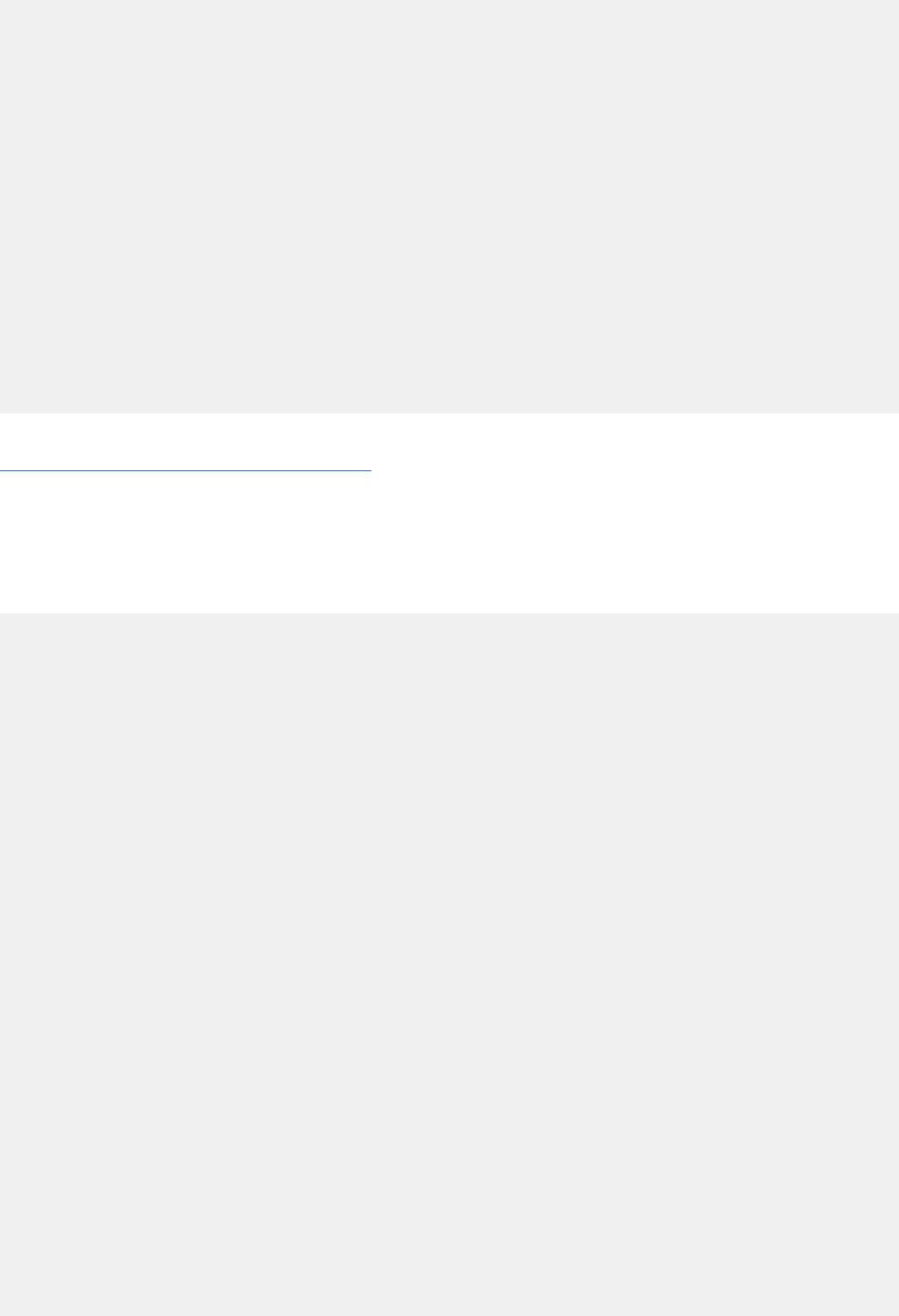
//* STEP 5: VERIFY THE CONTENTS OF THE SAMPLE LOB TABLE
//*
//PH071S05 EXEC PGM=IKJEFT01,COND=(4,LT),DYNAMNBR=20
//SYSTSPRT DD SYSOUT=*
//SYSPRINT DD SYSOUT=*
//CEEDUMP DD SYSOUT=*
//SYSABEND DD SYSOUT=*
//SYSUDUMP DD SYSOUT=*
//SYSOUT DD SYSOUT=*
//SYSTSIN DD *
DSN SYSTEM(DSN)
RUN PROGRAM(DSN8DLTC) PLAN(DSN8LC!!)
END
//PSEGIN00 DD DSN=DSN!!0.SDSNIVPD(DSN8P130),DISP=SHR
//BMPIN00 DD DSN=DSN!!0.SDSNIVPD(DSN8B130),DISP=SHR
//RESUME00 DD DSN=DSN!!0.SDSNIVPD(DSN8R130),DISP=SHR
//PSEGIN01 DD DSN=DSN!!0.SDSNIVPD(DSN8P140),DISP=SHR
//BMPIN01 DD DSN=DSN!!0.SDSNIVPD(DSN8B140),DISP=SHR
//RESUME01 DD DSN=DSN!!0.SDSNIVPD(DSN8R140),DISP=SHR
//PSEGIN02 DD DSN=DSN!!0.SDSNIVPD(DSN8P150),DISP=SHR
//BMPIN02 DD DSN=DSN!!0.SDSNIVPD(DSN8B150),DISP=SHR
//RESUME02 DD DSN=DSN!!0.SDSNIVPD(DSN8R150),DISP=SHR
//PSEGIN03 DD DSN=DSN!!0.SDSNIVPD(DSN8P190),DISP=SHR
//BMPIN03 DD DSN=DSN!!0.SDSNIVPD(DSN8B190),DISP=SHR
//RESUME03 DD DSN=DSN!!0.SDSNIVPD(DSN8R190),DISP=SHR
Related reference
“Sample applications in TSO” on page 1035
A set of Db2 sample applications run in the TSO environment.
DSNTEJ73
PREPARES AND RUNS THE FOLLOWING PROGRAMS IN SUPPORT OF THE Db2 LOB SAMPLE C
APPLICATION.
//*********************************************************************
//* NAME = DSNTEJ73
//*
//* DESCRIPTIVE NAME = DB2 SAMPLE APPLICATION
//* PHASE 7
//* SAMPLE APPLICATIONS: VIEW, MANIPULATE CLOB DATA
//* C LANGUAGE
//*
//* LICENSED MATERIALS - PROPERTY OF IBM
//* 5650-DB2
//* (C) COPYRIGHT 1982, 2016 IBM CORP. ALL RIGHTS RESERVED.
//*
//* STATUS = VERSION 12
//*
//* FUNCTION = PREPARES AND RUNS THE FOLLOWING PROGRAMS IN SUPPORT
//* OF THE DB2 LOB SAMPLE C APPLICATION:
//* - DSN8SDM: CAF CONNECTION MANAGER (C LANGUAGE), USED
//* TO INVOKE THE DB2 SAMPLE APPLICATIONS MENU
//* UNDER ISPF AND TO MANAGE INVOKATION OF THE
//* DB2 SAMPLE APPLICATION PROGRAMS, INCLUDING
//* THE LOB SAMPLE RESUME AND PHOTO IMAGE
//* VIEWERS.
//*
//* - DSN8DLRV: EXTRACTS A SPECIFIED EMPLOYEE'S RESUME IN
//* CLOB FORMAT FROM DSN8!!0.EMP_PHOTO_RESUME.
//* DB2 LOB LOCATOR FUNCTIONS ARE USED TO PARSE
//* DATA FROM CLOB FORMAT INTO ISPF FIELDS AND
//* THE RESULT IS DISPLAYED TO THE USER.
//*
//* CHANGE ACTIVITY =
//* 08/18/2014 Single-phase migration s21938_inst1 s21938
//*
//*********************************************************************
//JOBLIB DD DSN=DSN!!0.SDSNEXIT,DISP=SHR
// DD DSN=DSN!!0.SDSNLOAD,DISP=SHR
// DD DSN=CEE.V!R!M!.SCEERUN,DISP=SHR
// DD DSN=DSN!!0.RUNLIB.LOAD,DISP=SHR
//*
//* STEP 1: PREPARE SAMPLE CALL ATTACH CONTROLLER
//*
//PH073S01 EXEC DSNHC,MEM=DSN8SDM,COND=(4,LT),
// PARM.PC=('HOST(C),CCSID(1047),MARGINS(1,72),STDSQL(NO)',
// SOURCE,XREF),
1352
Db2 12 for z/OS: Application Programming and SQL Guide (Last updated: 2024-07-30)

// PARM.C='SOURCE RENT XREF MARGINS(1,72) OPTFILE(DD:CCOPTS)',
// PARM.LKED='MAP,RENT,REUS,AMODE=31,RMODE=ANY'
//PC.DBRMLIB DD DSN=DSN!!0.DBRMLIB.DATA(DSN8SDM),
// DISP=SHR
//PC.SYSLIB DD DSN=DSN!!0.SRCLIB.DATA,
// DISP=SHR
//PC.SYSIN DD DSN=DSN!!0.SDSNSAMP(DSN8SDM),
// DISP=SHR
//LKED.SYSLMOD DD DSN=DSN!!0.RUNLIB.LOAD(DSN8SDM),
// DISP=SHR
//LKED.SYSIN DD *
INCLUDE SYSLIB(DSNALI)
NAME DSN8SDM(R)
//*
//* STEP 2: PREPARE EMPLOYEE RESUME VIEWER (ISPF)
//*
//PH073S02 EXEC DSNHC,MEM=DSN8DLRV,COND=(4,LT),
// PARM.PC=('HOST(C),CCSID(1047),MARGINS(1,72),STDSQL(NO)',
// SOURCE,XREF),
// PARM.C='SOURCE RENT XREF MARGINS(1,72) OPTFILE(DD:CCOPTS)',
// PARM.LKED='MAP,RENT,REUS,AMODE=31,RMODE=ANY'
//PC.DBRMLIB DD DSN=DSN!!0.DBRMLIB.DATA(DSN8DLRV),
// DISP=SHR
//PC.SYSLIB DD DSN=DSN!!0.SRCLIB.DATA,
// DISP=SHR
//PC.SYSIN DD DSN=DSN!!0.SDSNSAMP(DSN8DLRV),
// DISP=SHR
//LKED.SYSLMOD DD DSN=DSN!!0.RUNLIB.LOAD(DSN8DLRV),
// DISP=SHR
//LKED.SYSIN DD *
INCLUDE SYSLIB(DSNALI)
NAME DSN8DLRV(R)
//*
//* STEP 3: BIND PACKAGE AND PLAN FOR THE RESUME VIEWER
//*
//PH073S03 EXEC PGM=IKJEFT01,COND=(4,LT)
//DBRMLIB DD DSN=DSN!!0.DBRMLIB.DATA,DISP=SHR
//SYSTSPRT DD SYSOUT=*
//SYSPRINT DD SYSOUT=*
//CEEDUMP DD SYSOUT=*
//SYSUDUMP DD SYSOUT=*
//SYSOUT DD SYSOUT=*
//REPORT DD SYSOUT=*
//SYSTSIN DD *
DSN SYSTEM(DSN)
BIND PACKAGE (DSN8LR!!) APPLCOMPAT(V!!R1) +
MEMBER(DSN8DLRV) -
QUALIFIER(DSN8!!0) -
ACT(REP) ISO(CS) CURRENTDATA(YES) ENCODING(EBCDIC)
BIND PLAN(DSN8LR!!) -
PKLIST(DSN8LR!!.*) -
ACTION(REPLACE) RETAIN +
ISO(CS) CURRENTDATA(YES) ENCODING(EBCDIC) SQLRULES(DB2)
RUN PROGRAM(DSNTIAD) -
PLAN(DSNTIA!!) -
LIB('DSN!!0.RUNLIB.LOAD')
END
//SYSIN DD *
SET CURRENT SQLID = 'SYSADM';
GRANT EXECUTE,BIND ON PLAN DSN8LR!!
TO PUBLIC;
Related reference
“Sample applications in TSO” on page 1035
A set of Db2 sample applications run in the TSO environment.
DSNTEJ75
PREPARES AND RUNS THE FOLLOWING PROGRAM IN SUPPORT OF THE Db2 LOB SAMPLE C
APPLICATION.
//*********************************************************************
//* NAME = DSNTEJ75
//*
//* DESCRIPTIVE NAME = DB2 SAMPLE APPLICATION
//* PHASE 7
//* SAMPLE APPLICATIONS: VIEW, MANIPULATE BLOB DATA
//* C LANGUAGE
Chapter 12. Sample data and applications supplied with Db2 for z/OS
1353

//*
//* LICENSED MATERIALS - PROPERTY OF IBM
//* 5650-DB2
//* (C) COPYRIGHT 1982, 2016 IBM CORP. ALL RIGHTS RESERVED.
//*
//* STATUS = VERSION 12
//*
//* FUNCTION = PREPARES AND RUNS THE FOLLOWING PROGRAM IN SUPPORT
//* OF THE DB2 LOB SAMPLE C APPLICATION:
//* - DSN8DLPV: EXTRACTS A SPECIFIED EMPLOYEE'S PSEG PHOTO
//* IMAGE IN BLOB FORMAT FROM THE SMAPLE TABLE
//* DSN8!!0.EMP_PHOTO_RESUME. THE DATA IS
//* HANDED OFF TO GDDM FOR CONVERSION FOR CON-
//* VERSION AND DISPLAY.
//*
//* CHANGE ACTIVITY =
//* 08/18/2014 Single-phase migration s21938_inst1 s21938
//*
//*********************************************************************
//JOBLIB DD DSN=DSN!!0.SDSNEXIT,DISP=SHR
// DD DSN=DSN!!0.SDSNLOAD,DISP=SHR
// DD DSN=CEE.V!R!M!.SCEERUN,DISP=SHR
// DD DSN=DSN!!0.RUNLIB.LOAD,DISP=SHR
//*
//* STEP 1: PREPARE EMPLOYEE PHOTO VIEWER (GDDM)
//*
//PH075S01 EXEC DSNHC,MEM=DSN8DLPV,COND=(4,LT),
// PARM.PC=('HOST(C),CCSID(1047),MARGINS(1,72),STDSQL(NO)',
// SOURCE,XREF),
// PARM.C='SOURCE RENT XREF MARGINS(1,72) OPTFILE(DD:CCOPTS)',
// PARM.LKED='MAP,RENT,REUS,AMODE=31,RMODE=ANY'
//PC.DBRMLIB DD DSN=DSN!!0.DBRMLIB.DATA(DSN8DLPV),
// DISP=SHR
//PC.SYSLIB DD DSN=DSN!!0.SRCLIB.DATA,
// DISP=SHR
//PC.SYSIN DD DSN=DSN!!0.SDSNSAMP(DSN8DLPV),
// DISP=SHR
//LKED.SYSLMOD DD DSN=DSN!!0.RUNLIB.LOAD(DSN8DLPV),
// DISP=SHR
//LKED.SYSIN DD *
INCLUDE SYSLIB(ADMASRT)
INCLUDE SYSLIB(DSNTIAR)
INCLUDE SYSLIB(DSNALI)
NAME DSN8DLPV(R)
//*
//* STEP 2: BIND PACKAGE AND PLAN FOR THE PHOTO VIEWER
//*
//PH075S02 EXEC PGM=IKJEFT01,COND=(4,LT)
//DBRMLIB DD DSN=DSN!!0.DBRMLIB.DATA,DISP=SHR
//SYSTSPRT DD SYSOUT=*
//SYSPRINT DD SYSOUT=*
//CEEDUMP DD SYSOUT=*
//SYSUDUMP DD SYSOUT=*
//SYSOUT DD SYSOUT=*
//REPORT DD SYSOUT=*
//SYSTSIN DD *
DSN SYSTEM(DSN)
BIND PACKAGE (DSN8LP!!) APPLCOMPAT(V!!R1) +
MEMBER(DSN8DLPV) -
QUALIFIER(DSN8!!0) -
ACT(REP) ISO(CS) CURRENTDATA(YES) ENCODING(EBCDIC)
BIND PLAN(DSN8LP!!) -
PKLIST(DSN8LP!!.*) -
ACTION(REPLACE) RETAIN +
ISO(CS) CURRENTDATA(YES) ENCODING(EBCDIC) SQLRULES(DB2)
RUN PROGRAM(DSNTIAD) -
PLAN(DSNTIA!!) -
LIB('DSN!!0.RUNLIB.LOAD')
END
//SYSIN DD *
SET CURRENT SQLID = 'SYSADM';
GRANT EXECUTE ON PLAN DSN8LP!!
TO PUBLIC;
Related reference
“Sample applications in TSO” on page 1035
1354
Db2 12 for z/OS: Application Programming and SQL Guide (Last updated: 2024-07-30)
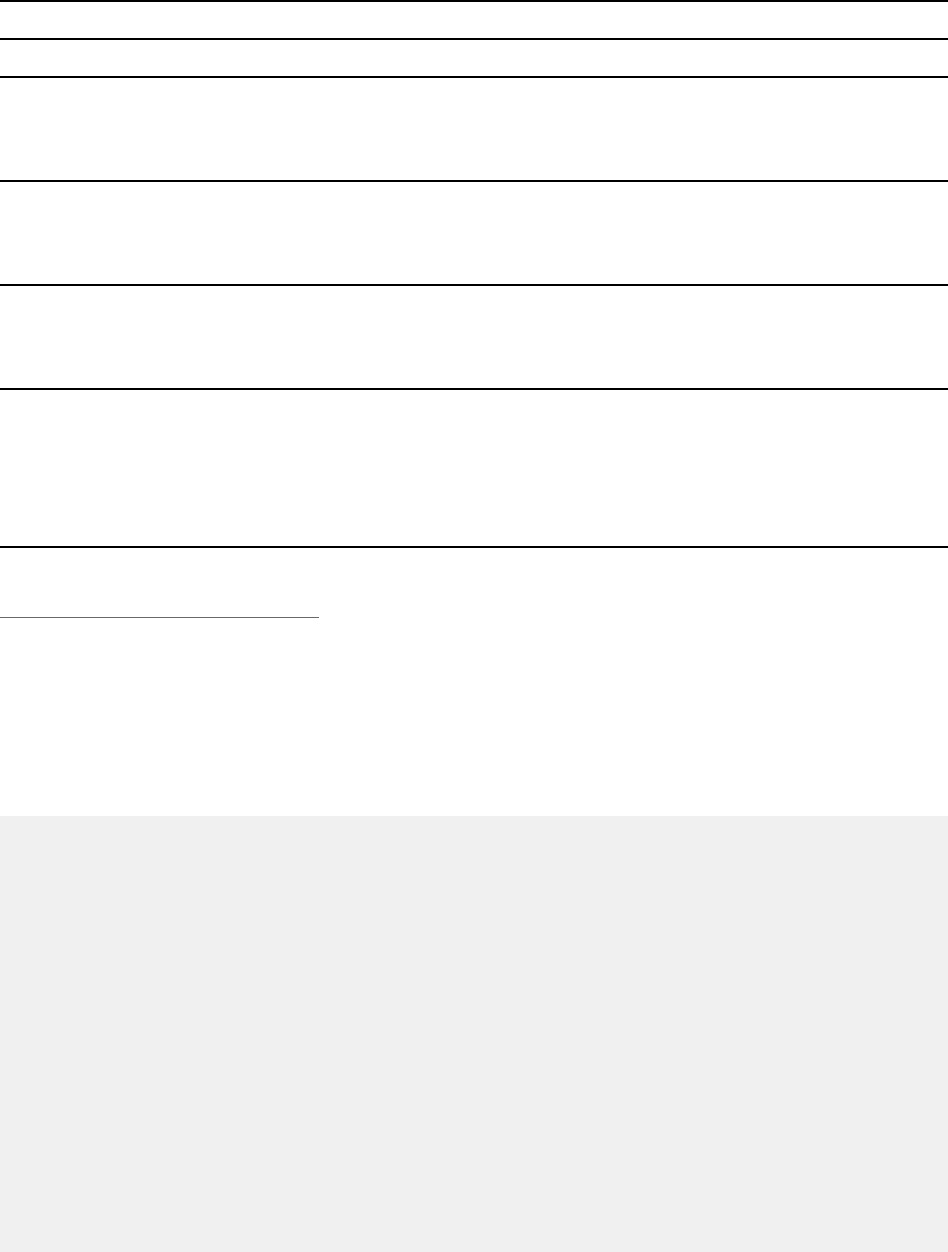
A set of Db2 sample applications run in the TSO environment.
Sample applications in IMS
A set of Db2 sample applications run in the IMS environment.
Table 185. Sample Db2 applications for IMS
Application Program name JCL member name Description
Organization
DSN8IC0
DSN8IC1
DSN8IC2
DSNTEJ4C IMS COBOL Organization
Application
Organization
DSN8IP0
DSN8IP1
DSN8IP2
DSNTEJ4P IMS PL/I Organization
Application
Project
DSN8IP6
DSN8IP7
DSN8IP8
DSNTEJ4P IMS PL/I Project
Application
Phone
DSN8IP3
DSNTEJ4P IMS PL/I Phone
Application. This
program lists employee
telephone numbers
and updates them if
requested.
Related reference
Data sets that the precompiler uses
When you invoke the precompiler you need to provide data sets that contain input for the precompiler,
such as the host programming statements and SQL statements. You also need to provide data sets where
the precompiler can store its output, such as the modied source code and diagnostics messages.
DSN8IC0
THIS MODULE RECEIVES AN INPUT MESSAGE AND DEFORMATS IT, CALLS DSN8IC1, FORMATS OUTPUT
MESSAGE AND SENDS IT.
IDENTIFICATION DIVISION. 00010000
*------------------------ 00012000
PROGRAM-ID. DSN8IC0. 00014000
00016000
******* DSN8IC0 - IMS SUBSYSTEM INTERFACE MODULE - COBOL ******** 00018000
* * 00020000
* MODULE NAME = DSN8IC0 * 00030000
* * 00040000
* DESCRIPTIVE NAME = DB2 SAMPLE APPLICATION * 00050000
* SUBSYSTEM INTERFACE MODULE * 00060000
* IMS * 00070000
* COBOL * 00080000
* ORGANIZATION APPLICATION * 00090000
* * 00100000
*LICENSED MATERIALS - PROPERTY OF IBM * 00110000
*5615-DB2 * 00116000
*(C) COPYRIGHT 1996, 2013 IBM CORP. ALL RIGHTS RESERVED. * 00125000
* * 00126000
*STATUS = VERSION 11 * 00128001
* * 00130000
* FUNCTION = THIS MODULE RECEIVES AN INPUT MESSAGE AND * 00160000
* DEFORMATS IT, CALLS DSN8IC1, * 00170000
* FORMATS OUTPUT MESSAGE AND SENDS IT. * 00180000
* * 00190000
* NOTES = NONE * 00200000
Chapter 12. Sample data and applications supplied with Db2 for z/OS
1355

* * 00210000
* MODULE TYPE = * 00220000
* PROCESSOR = DB2 PREPROCESSOR, COBOL COMPILER * 00230000
* MODULE SIZE = SEE LINKEDIT * 00240000
* ATTRIBUTES = REUSABLE * 00250000
* * 00260000
* ENTRY POINT = DSN8IC0 * 00270000
* PURPOSE = SEE FUNCTION * 00280000
* LINKAGE = FROM IMS * 00290000
* * 00300000
* INPUT = PARAMETERS EXPLICITLY PASSED TO THIS FUNCTION: * 00310000
* * 00320000
* SYMBOLIC LABEL/NAME = DSN8ICGI * 00330000
* DESCRIPTION = IMS/VS MFS GENERAL MENU * 00340000
* * 00350000
* SYMBOLIC LABEL/NAME = DSN8ICDI * 00360000
* DESCRIPTION = IMS/VS MFS DETAIL MENU * 00370000
* * 00380000
* OUTPUT = PARAMETERS EXPLICITLY RETURNED: * 00390000
* * 00400000
* SYMBOLIC LABEL/NAME = DSN8ICGO * 00410000
* DESCRIPTION = IMS/VS MFS GENERAL MENU * 00420000
* * 00430000
* SYMBOLIC LABEL/NAME = DSN8ICDO * 00440000
* DESCRIPTION = IMS/VS MFS DETAIL MENU * 00450000
* * 00460000
* EXIT-NORMAL = RETURN CODE 0 NORMAL COMPLETION * 00470000
* * 00480000
* EXIT-ERROR = * 00490000
* * 00500000
* RETURN CODE = NONE * 00510000
* * 00520000
* ABEND CODES = NONE * 00530000
* * 00540000
* ERROR-MESSAGES = * 00550000
* DSN8064E - INVALID DL/I STC-CODE ON GU MSG * 00560000
* DSN8065E - INVALID DL/I STC-CODE ON ISRT MSG * 00570000
* * 00580000
* EXTERNAL REFERENCES = * 00590000
* ROUTINES/SERVICES = MODULE DSN8IC1 * 00600000
* MODULE CBLTDLI * 00610000
* MODULE DSN8MCG * 00620000
* DATA-AREAS = * 00630000
* DSN8MCCA - PARAMETER TO BE PASSED TO DSN8IC1* 00640000
* CONTAINS TERMINAL INPUT AND * 00650000
* OUTPUT AREAS. * 00660000
* * 00670000
* CONTROL-BLOCKS = * 00680000
* IN-MESSAGE - MFS INPUT * 00690000
* OUT-MESSAGE - MFS OUTPUT * 00700000
* * 00710000
* TABLES = NONE * 00720000
* * 00730000
* CHANGE-ACTIVITY = * 00740000
* 05/18/2012: SWITCH ARITHMETICS FROM COMP TO COMP-5 PM66408* 00750002
* * 00751000
* * 00760000
* *PSEUDOCODE* * 00770000
* * 00780000
* PROCEDURE * 00790000
* DECLARATIONS. * 00800000
* ALLOCATE COBOL WORK AREA FOR COMMAREA. * 00810000
* INITIALIZATION. * 00820000
* PUT MODNAME 'DSN8ICGO' IN MODNAME FIELD. * 00830000
* PUT MODULE NAME 'DSN8IC0' IN AREA USED BY * 00840000
* ERROR-HANDLER. * 00850000
* * 00860000
* STEP1. * 00870000
* CALL DLI GU INPUT MESSAGE. * 00880000
* IF STATUS CODE NOT OK THEN SEND ERROR MESSAGE AND * 00890000
* STOP PROGRAM. * 00900000
* * 00910000
* IF SCREEN CLEARED/UNFORMATTED , MOVE '00' TO PFKIN. * 00920000
* MOVE INPUT MESSAGE FIELDS TO CORRESPONDING * 00930000
* INAREA FIELDS IN COMPARM. * 00940000
* CALL DSN8IC1 (COMMAREA) * 00950000
* MOVE OUTAREA FIELDS IN PCONVSTA TO CORRESPONDING * 00960000
* OUTPUT MESSAGE FIELDS. * 00970000
* IF LASTSCR 'DSN8001' MOVE 'DSN8ICGO' TO MODNAME FIELD * 00980000
* ELSE MOVE 'DSN8ICDO' TO MODNAME FIELD. * 00990000
* * 01000000
* CALL DLI ISRT OUTPUT MESSAGE. * 01010000
1356
Db2 12 for z/OS: Application Programming and SQL Guide (Last updated: 2024-07-30)

* IF STATUS CODE NOT OK THEN SEND ERROR MESSAGE AND * 01020000
* STOP PROGRAM. * 01030000
* * 01040000
* END. * 01050000
* * 01060000
***************************************************************** 01070000
* 01080000
ENVIRONMENT DIVISION. 01130000
*------------------------ 01140000
01150000
DATA DIVISION. 01160000
*------------------------ 01170000
WORKING-STORAGE SECTION. 01180000
**************************************************************** 01190000
* DECLARATION FOR PASSING INPUT/OUTPUT DATA BETWEEN THE * 01200000
* SUBSYSTEM DEPENDENT MODULE IMS/DLI AND SQL1 AND SQL2 * 01210000
**************************************************************** 01220000
* 01230000
01 COMMAREA. 01240000
EXEC SQL INCLUDE DSN8MCCA END-EXEC. 01250000
**************************************************************** 01260000
* DECLARATION FOR INPUT: MIDNAME DSN8ICGI/DSN8ICDI * 01270000
**************************************************************** 01280000
* 01290000
01 IN-MESSAGE. 01300000
02 LL PIC S9(3) COMP-5. 01310000
02 Z1 PIC X. 01320000
02 Z2 PIC X. 01330000
02 TC-CODE PIC X(7). 01340000
02 IN-PUT. 01350000
03 MAJSYS PIC X. 01360000
03 ACTION PIC X. 01370000
03 OBJFLD PIC X(2). 01380000
03 SRCH PIC X(2). 01390000
03 PFKIN PIC X(2). 01400000
03 DATAIN PIC X(60). 01410000
03 TRANDATA PIC X(40) OCCURS 15. 01420000
* 01430000
02 IN-PUT0 REDEFINES IN-PUT PIC X(668). 01440000
**************************************************************** 01450000
* DECLARATION FOR OUTPUT: MODNAME DSN8ICGO/DSN8ICDO * 01460000
**************************************************************** 01470000
* 01480000
01 OUT-MESSAGE. 01490000
02 LL PIC S9(3) COMP-5. 01500000
02 ZZ PIC S9(3) COMP-5 VALUE +0. 01510000
02 OUTPUTAREA. 01520000
03 MAJSYS PIC X. 01530000
03 ACTION PIC X. 01540000
03 OBJFLD PIC X(2). 01550000
03 SRCH PIC X(2). 01560000
03 DATAOUT PIC X(60). 01570000
03 HTITLE PIC X(50). 01580000
03 DESC2 PIC X(50). 01590000
03 DESC3 PIC X(50). 01600000
03 DESC4 PIC X(50). 01610000
03 MSG. 01620000
05 STC PIC X(4). 01630000
05 MSGTEXT PIC X(75). 01640000
03 PFKTEXT PIC X(79). 01650000
03 OUTPUT0 OCCURS 15. 01660000
05 LINE0 PIC X(79). 01670000
* 01680000
02 OUTPUTAREA0 REDEFINES OUTPUTAREA PIC X(1609). 01690000
**************************************************************** 01700000
* FIELDS SENT TO MESSAGE ROUTINE * 01710000
**************************************************************** 01720000
01 MSGCODE PIC X(04). 01730000
01740000
01 OUTMSG PIC X(69). 01750000
**************************************************************** 01760000
* DECLARATION FOR PGM-LOGIC * 01770000
**************************************************************** 01780000
* 01790000
77 GU-FKT PIC X(4) VALUE 'GU '. 01800000
77 ISRT-FKT PIC X(4) VALUE 'ISRT'. 01810000
77 CHNG-FKT PIC X(4) VALUE 'CHNG'. 01820000
77 ROLL-FKT PIC X(4) VALUE 'ROLL'. 01830000
* 01840000
77 MODNAME PIC X(8). 01850000
**************************************************************** 01860000
* LINKAGE SECTION * 01870000
Chapter 12. Sample data and applications supplied with Db2 for z/OS
1357

**************************************************************** 01880000
LINKAGE SECTION. 01890000
**************************************************************** 01900000
* DECLARATION FOR IO / ALTPCB * 01910000
**************************************************************** 01920000
* 01930000
01 IOPCB. 01940000
02 IOLTERM PIC X(8). 01950000
02 FILLER PIC X(2). 01960000
02 STC-CODE PIC X(2). 01970000
02 CDATE PIC X(4). 01980000
02 CTIME PIC X(4). 01990000
02 SEQNUM PIC X(4). 02000000
02 MOD-NAME PIC X(8). 02010000
02 USERID PIC X(8). 02020000
* 02030000
01 ALTPCB. 02040000
02 ALTLTERM PIC X(8). 02050000
02 FILLER PIC X(2). 02060000
02 STC-CODE PIC X(2). 02070000
02080000
PROCEDURE DIVISION. 02090000
*--------------------- 02100000
* 02110000
ENTRY 'DLITCBL' USING IOPCB ALTPCB. 02120000
**************************************************************** 02130000
* ALLOCATE COBOL WORK AREA /INITIALIZATIONS * 02140000
**************************************************************** 02150000
* 02160000
CSTART. 02170000
MOVE SPACES TO COMMAREA. 02180000
MOVE SPACES TO IN-MESSAGE. 02190000
MOVE 'DSN8ICGO' TO MODNAME. 02200000
MOVE 'DSN8IC0' TO MAJOR IN DSN8-MODULE-NAME. 02210000
MOVE 'O' TO MAJSYS IN OUTAREA. 02220000
MOVE '0' TO EXITCODE. 02230000
MOVE +1613 TO LL IN OUT-MESSAGE. 02240000
* 02250000
**************************************************************** 02260000
* CALL DL1 GU INPUT MESSAGE * 02270000
* PRINT ERROR MESSAGE IF STATUS CODE NOT OK * 02280000
**************************************************************** 02290000
02300000
* **CALL DL1 GU 02310000
CALL 'CBLTDLI' 02320000
USING GU-FKT IOPCB IN-MESSAGE. 02330000
02340000
* **ERROR? 02350000
IF STC-CODE IN IOPCB NOT = ' ' 02360000
THEN MOVE '064E' TO MSGCODE 02370000
CALL 'DSN8MCG' USING MAJOR MSGCODE OUTMSG 02380000
MOVE OUTMSG TO MSGTEXT IN OUTPUTAREA 02390000
MOVE STC-CODE IN IOPCB TO STC IN OUTPUTAREA 02400000
GO TO CSEND. 02410000
02420000
**************************************************************** 02430000
* CLEARED AND UNFORMATTED SCREEN? * 02440000
**************************************************************** 02450000
02460000
IF Z2 = LOW-VALUE 02470000
THEN MOVE '00' TO PFKIN IN INAREA. 02480000
MOVE IOLTERM IN IOPCB TO TRMID IN CONVID. 02490000
MOVE USERID IN IOPCB TO USERID IN CONVID. 02500000
02510000
* **MOVE INPUT MESSAGE 02520000
* **FIELDS TO INAREA FIELDS 02530000
MOVE IN-PUT0 TO INAREA0. 02540000
MOVE 'O' TO MAJSYS IN INAREA. 02550000
* 02560000
CALL 'DSN8IC1' USING COMMAREA. 02570000
02580000
* **MOVE OUTAREA FIELDS TO 02590000
* **OUTPUT MESSAGE FIELDS 02600000
MOVE OUTAREA0 TO OUTPUTAREA0. 02610000
* 02620000
IF LASTSCR = 'DSN8002' 02630000
THEN MOVE 'DSN8ICDO' TO MODNAME 02640000
ELSE MOVE 'DSN8ICGO' TO MODNAME. 02650000
02660000
**************************************************************** 02670000
* CALL DL ISRT OUTPUT MESSAGE * 02680000
* PRINT ERROR MESSAGE IF STATUS CODE NOT OK * 02690000
1358
Db2 12 for z/OS: Application Programming and SQL Guide (Last updated: 2024-07-30)
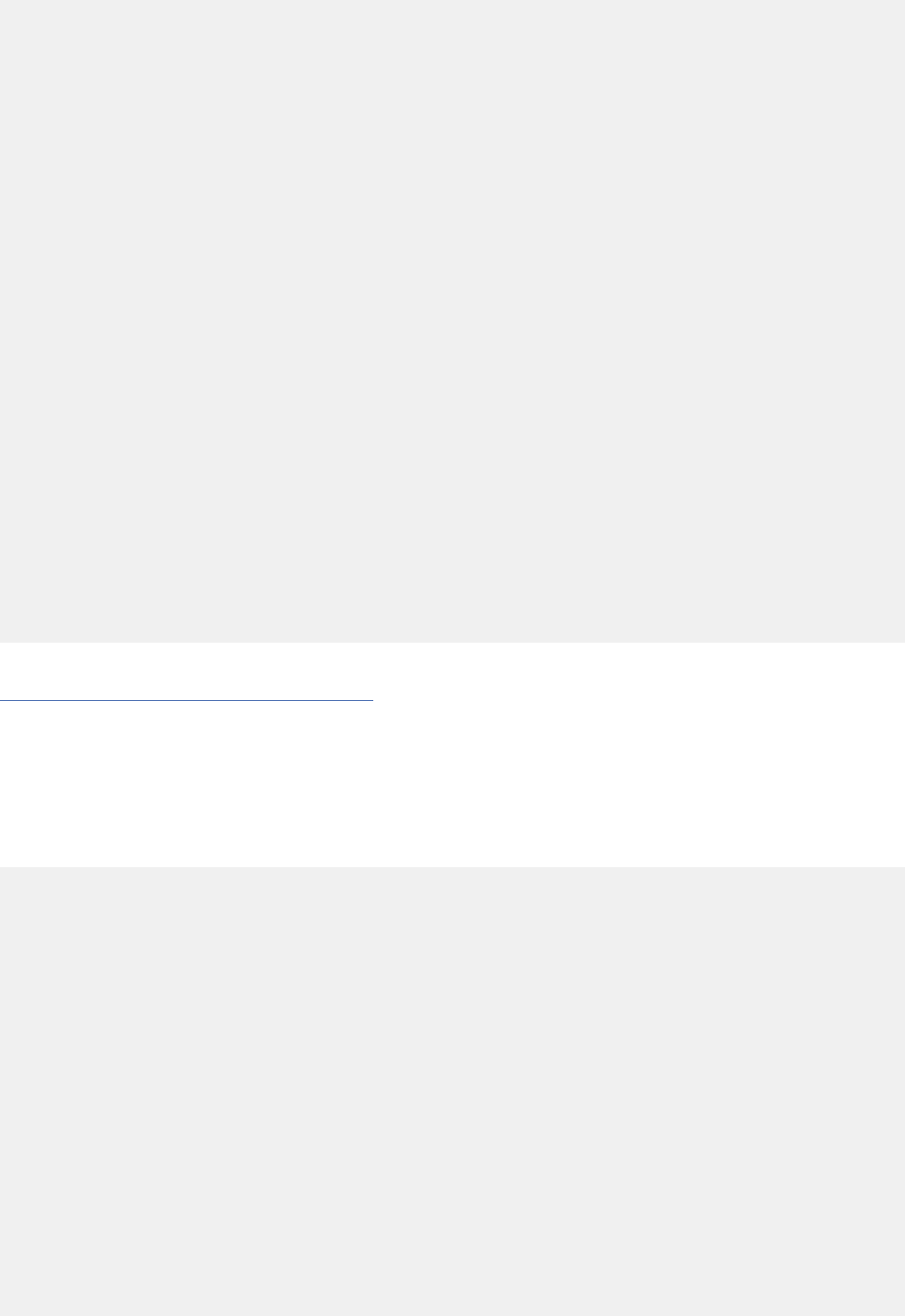
**************************************************************** 02700000
02710000
CSEND. 02720000
02730000
* **CALL DL1 ISRT 02740000
CALL 'CBLTDLI' 02750000
USING ISRT-FKT IOPCB OUT-MESSAGE MODNAME. 02760000
02770000
* **STATUS CODE OK 02780000
IF STC-CODE IN IOPCB = ' ' THEN GO TO CEND. 02790000
02800000
* **STATUS CODE NOT OK 02810000
* **PRINT ERROR MESSAGE 02820000
MOVE '065E' TO MSGCODE. 02830000
CALL 'DSN8MCG' USING MAJOR MSGCODE OUTMSG. 02840000
MOVE OUTMSG TO MSGTEXT IN OUTPUTAREA. 02850000
02860000
MOVE STC-CODE IN IOPCB TO STC IN OUTPUTAREA. 02870000
02880000
* **CALL DL1 CHNG 02890000
CALL 'CBLTDLI' 02900000
USING CHNG-FKT ALTPCB IOLTERM. 02910000
02920000
* **ERROR? 02930000
IF STC-CODE IN ALTPCB NOT = ' ' THEN 02940000
GO TO CSEND1. 02950000
02960000
* **CALL DL1 ISRT 02970000
CALL 'CBLTDLI' 02980000
USING ISRT-FKT IOPCB OUT-MESSAGE MODNAME. 02990000
03000000
* **PERFORM ROLLBACK 03010000
CSEND1. 03020000
CALL 'CBLTDLI' USING ROLL-FKT. 03030000
03040000
* **RETURN 03050000
CEND. 03060000
GOBACK. 03070000
03071000
Related reference
“Sample applications in IMS” on page 1355
A set of Db2 sample applications run in the IMS environment.
DSN8IC1
THIS MODULE RETRIEVES THE ROW CONTAINING INFORMATION ON THE CURRENT CONVERSATION,
VALIDATES SELECTION CRITERIA, AND ISSUES MESSAGES TO COMPLETE THE ACTION, OBJECT, AND
SEARCH CRITERIA.
IDENTIFICATION DIVISION.
*------------------------
PROGRAM-ID. DSN8IC1.
*********** DSN8IC1 - SQL 1 MAINLINE FOR IMS - COBOL ************
* *
* MODULE NAME = DSN8IC1 *
* *
* DESCRIPTIVE NAME = DB2 SAMPLE APPLICATION *
* SQL 1 MAINLINE *
* IMS *
* COBOL *
* *
*COPYRIGHT = 5615-DB2 (C) COPYRIGHT IBM CORP 1982, 2013 *
*REFER TO COPYRIGHT INSTRUCTIONS FORM NUMBER G120-2083 *
* *
*STATUS = VERSION 11 *
* *
* FUNCTION = THIS MODULE RETRIEVES THE ROW CONTAINING *
* INFORMATION ON THE CURRENT CONVERSATION, *
* VALIDATES SELECTION CRITERIA, AND ISSUES *
* MESSAGES TO COMPLETE THE ACTION, OBJECT, *
* AND SEARCH CRITERIA. *
* *
* NOTES = NONE *
* *
* MODULE TYPE = *
Chapter 12. Sample data and applications supplied with Db2 for z/OS
1359

* PROCESSOR = DB2 PRECOMPILER, COBOL COMPILER *
* MODULE SIZE = SEE LINKEDIT *
* ATTRIBUTES = REUSABLE *
* *
* ENTRY POINT = DSN8IC1 *
* PURPOSE = SEE FUNCTION *
* LINKAGE = CALLED BY DSN8IC0 *
* *
* INPUT = PARAMETERS EXPLICITLY PASSED TO THIS FUNCTION: *
* *
* SYMBOLIC LABEL/NAME = COMMPTR *
* DESCRIPTION = POINTER TO COMMAREA *
* *
* SYMBOLIC LABEL/NAME = INAREA *
* DESCRIPTION = USER INPUT *
* *
* SYMBOLIC LABEL/NAME = PFKIN *
* DESCRIPTION = 00/01/02/03/07/08/10/11 *
* *
* OUTPUT = PARAMETERS EXPLICITLY RETURNED: *
* *
* SYMBOLIC LABEL/NAME = OUTAREA *
* DESCRIPTION = GENERAL MENU OR SECONDARY *
* SELECTION MENU *
* *
* SYMBOLIC LABEL/NAME = LASTSCR *
* DESCRIPTION = DSN8001/DSN8002 *
* *
* EXIT-NORMAL = DSN8IC0 *
* *
* EXIT-ERROR = DSN8IC0 *
* *
* RETURN CODE = NONE *
* *
* ABEND CODES = NONE *
* *
* ERROR-MESSAGES = NONE *
* *
* EXTERNAL REFERENCES = *
* ROUTINES/SERVICES = *
* DSN8IC2 *
* DSN8MCG *
* DSNTIAR *
* *
* DATA-AREAS = *
* DSN8MCCA - COBOL STRUCTURE FOR COMMAREA *
* DSN8MCC2 - COMMAREA PART 2 *
* DSN8MCCS - VCONA TABLE DCL & PCONA DCLGEN *
* DSN8MCOV - VOPTVAL TABLE DCL & POPTVAL DCLGEN *
* DSN8MCVO - VALIDATION CURSORS *
* DSN8MCXX - SQL ERROR HANDLING MODULE *
* DSN8MC1 - SQL1 COMMON MODULE FOR IMS & CICS *
* DSN8MC3 - DSN8MC5 - VALIDATION MODULES CALLED BY DSN8MC1*
* *
* CONTROL-BLOCKS = *
* SQLCA - SQL COMMUNICATION AREA *
* *
* TABLES = NONE *
* *
* CHANGE-ACTIVITY = NONE *
* *
* *
* *PSEUDOCODE* *
* PROCEDURE *
* INCLUDE DECLARATIONS. *
* INCLUDE DSN8MC1. *
* *
* CC1EXIT: ( REFERENCED BY DSN8MC1 ) *
* RETURN. *
* *
* CC1CALL: ( REFERENCED BY DSN8MC1 ) *
* CALL 'DSN8IC2' USING COMMAREA. *
* GO TO MC1SAVE. (LABEL IN DSN8MC1) *
* *
* INCLUDE VALIDATION MODULES. *
* *
* END. *
*---------------------------------------------------------------*
*
ENVIRONMENT DIVISION.
*--------------------
1360
Db2 12 for z/OS: Application Programming and SQL Guide (Last updated: 2024-07-30)

DATA DIVISION.
*--------------------
WORKING-STORAGE SECTION.
*****************************************************************
* * DECLARE FIELD SENT TO MESSAGE ROUTINE *
* * DECLARE CONVERSATION STATUS *
* * DECLARE MESSAGE TEXT *
* * DECLARE OPTION VALIDATION *
* * DECLARE COMMON AREA AND COMMON AREA PART 2 *
*****************************************************************
01 MSGCODE PIC X(04).
01 OUTMSG PIC X(69).
EXEC SQL INCLUDE DSN8MCCS END-EXEC.
EXEC SQL INCLUDE DSN8MCOV END-EXEC.
EXEC SQL INCLUDE SQLCA END-EXEC.
EXEC SQL INCLUDE DSN8MCC2 END-EXEC.
*
LINKAGE SECTION.
01 COMMAREA.
EXEC SQL INCLUDE DSN8MCCA END-EXEC.
*
PROCEDURE DIVISION USING COMMAREA.
*------------------
********************************************************
* **SQL ERROR HANDLING
********************************************************
EXEC SQL WHENEVER SQLERROR GO TO DB-ERROR END-EXEC
EXEC SQL WHENEVER SQLWARNING GO TO DB-ERROR END-EXEC.
*
MOVE 'DSN8IC1 ' TO MAJOR IN DSN8-MODULE-NAME.
***********************************************************
* FIND VALID OPTIONS FOR ACTION, OBJECT, SEARCH CRITERION*
* RETRIEVE CONVERSATION, VALIDATE, CALL SQL2 *
***********************************************************
EXEC SQL INCLUDE DSN8MCVO END-EXEC.
* **INCLUDE SQL1 MAIN
EXEC SQL INCLUDE DSN8MC1 END-EXEC.
*
* **RETURN
CC1-EXIT.
GOBACK.
***********************************************************
* VALIDATE ACTION, OBJECT, SEARCH CRITERIA *
* HANDLE ERRORS *
***********************************************************
CC1-CALL.
CALL 'DSN8IC2' USING COMMAREA.
GO TO MC1-SAVE.
EXEC SQL INCLUDE DSN8MC3 END-EXEC.
EXEC SQL INCLUDE DSN8MC4 END-EXEC.
EXEC SQL INCLUDE DSN8MC5 END-EXEC.
EXEC SQL INCLUDE DSN8MCXX END-EXEC.
GOBACK.
Related reference
“Sample applications in IMS” on page 1355
A set of Db2 sample applications run in the IMS environment.
DSN8IC2
ROUTER FOR SECONDARY SELECTION AND/OR DETAIL PROCESSING CALLS SECONDARY SELECTION
MODULES DSN8MCA DSN8MCM CALLS DETAIL MODULES DSN8MCD DSN8MCE DSN8MCF DSN8MCT
DSN8MCV DSN8MCW DSN8MCX DSN8MCZ CALLED BY DSN8IC1 (SQL1) .
IDENTIFICATION DIVISION. 00010000
*----------------------- 00020000
Chapter 12. Sample data and applications supplied with Db2 for z/OS
1361

PROGRAM-ID. DSN8IC2. 00030000
00040000
******* DSN8IC2 - SQL 2 COMMON MODULE FOR IMS - COBOL ****** 00050000
* 00060000
* MODULE NAME = DSN8IC2 00070000
* 00080000
* DESCRIPTIVE NAME = DB2 SAMPLE APPLICATION 00090000
* SQL 2 COMMON MODULE 00100000
* IMS 00110000
* COBOL 00120000
* 00130000
* LICENSED MATERIALS - PROPERTY OF IBM 00132000
* 5615-DB2 00134000
* (C) COPYRIGHT 1995, 2013 IBM CORP. ALL RIGHTS RESERVED 00137000
* 00140000
* STATUS = VERSION 11 00150000
* 00200000
* 00203000
* 00206000
* FUNCTION = ROUTER FOR SECONDARY SELECTION AND/OR 00210000
* DETAIL PROCESSING 00220000
* CALLS SECONDARY SELECTION MODULES 00230000
* DSN8MCA DSN8MCM 00240000
* CALLS DETAIL MODULES 00250000
* DSN8MCD DSN8MCE DSN8MCF 00260000
* DSN8MCT DSN8MCV DSN8MCW DSN8MCX DSN8MCZ 00270000
* CALLED BY DSN8IC1 (SQL1) 00280000
* 00290000
* NOTES = NONE 00300000
* 00310000
* 00320000
* MODULE TYPE = 00330000
* PROCESSOR = DB2 PRECOMPILER, COBOL COMPILER 00340000
* MODULE SIZE = SEE LINKEDIT 00350000
* ATTRIBUTES = REUSABLE 00360000
* 00370000
* ENTRY POINT = DSN8IC2 00380000
* PURPOSE = SEE FUNCTION 00390000
* LINKAGE = NONE 00400000
* INPUT = POINTER TO COMMAREA (COMMUNICATION AREA) 00410000
* 00420000
* SYMBOLIC LABEL/NAME = COMMAREA 00430000
* DESCRIPTION = COMMUNICATION AREA PASSED BETWEEN 00440000
* MODULES 00450000
* 00460000
* OUTPUT = POINTER TO COMMAREA (COMMUNICATION AREA) 00470000
* 00480000
* SYMBOLIC LABEL/NAME = COMMAREA 00490000
* DESCRIPTION = COMMUNICATION AREA PASSED BETWEEN 00500000
* MODULES 00510000
* 00520000
* EXIT-NORMAL = 00530000
* 00540000
* EXIT-ERROR = IF SQLERROR OR SQLWARNING, SQL WHENEVER 00550000
* CONDITION SPECIFIED IN DSN8IC2 WILL BE RAISED 00560000
* AND PROGRAM WILL GO TO THE LABEL DB-ERROR. 00570000
* 00580000
* 00590000
* RETURN CODE = NONE 00600000
* 00610000
* ABEND CODES = NONE 00620000
* 00630000
* ERROR-MESSAGES = 00640000
* DSN8062E-AN OBJECT WAS NOT SELECTED 00650000
* DSN8066E-UNSUPPORTED PFK OR LOGIC ERROR 00660000
* DSN8072E-INVALID SELECTION ON SECONDARY SCREEN 00670000
* 00680000
* 00690000
* EXTERNAL REFERENCES = 00700000
* ROUTINES/SERVICES = 10 MODULES LISTED ABOVE 00710000
* DSN8MCG - ERROR MESSAGE ROUTINE 00720000
* 00730000
* DATA-AREAS = 00740000
* DSN8MCA - SECONDARY SELECTION FOR 00750000
* DSN8MCD - DEPARTMENT STRUCTURE DETAIL 00760000
* DSN8MCE - DEPARTMENT DETAIL 00770000
* DSN8MCF - EMPLOYEE DETAIL 00780000
* ORGANIZATION 00790000
* DSN8MCAD - DECLARE ADMINISTRATION DETAIL 00800000
* DSN8MCAE - CURSOR EMPLOYEE LIST 00810000
* DSN8MCAL - CURSOR ADMINISTRATION LIST 00820000
* DSN8MCA2 - DECLARE ADMINISTRATION DETAIL 00830000
1362
Db2 12 for z/OS: Application Programming and SQL Guide (Last updated: 2024-07-30)

* DSN8MCC2 - SQL COMMON AREA PART 2 00840000
* DSN8MCDA - CURSOR ADMINISTRATION DETAIL 00850000
* DSN8MCDH - CURSOR FOR DISPLAY TEXT FROM 00860000
* TDSPTXT TABLE 00870000
* DSN8MCDP - DECLARE DEPARTMENT 00880000
* DSN8MCEM - DECLARE EMPLOYEE 00890000
* DSN8MCED - DECLARE EMPLOYEE-DEPARTMENT 00900000
* DSN8MCDM - DECLARE DEPARTMENT MANAGER 00910000
* DSN8MCAD - DECLARE ADMINISTRATION DETAIL 00920000
* DSN8MCA2 - DECLARE ADMINISTRATION DETAIL 00930000
* DSN8MCOV - DECLARE OPTION VALIDATION 00940000
* DSN8MCDT - DECLARE DISPLAY TEXT 00950000
* DSN8MCCA - SQL COMMON AREA 00960000
* DSN8MCXX - ERROR HANDLER 00970000
* 00980000
* CONTROL-BLOCKS = 00990000
* SQLCA - SQL COMMUNICATION AREA 01000000
* 01010000
* TABLES = NONE 01020000
* 01030000
* CHANGE-ACTIVITY = 01040000
* - ADD NEW VARIABLES FOR REFERENTIAL INTEGRITY V2R1 01050000
* 01060000
* *PSEUDOCODE* 01070000
* 01080000
* THIS MODULE DETERMINES WHICH SECONDARY SELECTION AND/OR 01090000
* DETAIL MODULE(S) ARE TO BE CALLED FOR THE IMS/COBOL ENVIRONMENT 01100000
* 01110000
* WHAT HAS HAPPENED SO FAR?.............. THE SUBSYSTEM 01120000
* DEPENDENT MODULE (IMS,CICS) (SQL 0) HAS READ THE 01130000
* INPUT SCREEN, FORMATTED THE INPUT, AND PASSED CONTROL 01140000
* TO SQL 1. SQL 1 PERFORMS VALIDATION ON THE SYSTEM DEPENDENT 01150000
* FIELDS (MAJOR SYSTEM, ACTION, OBJECT, SEARCH CRITERIA). IF 01160000
* ALL SYSTEM FIELDS ARE VALID, SQL 1 PASSED CONTROL TO THIS 01170000
* MODULE. PASSED PARAMETERS CONSIST ONLY OF A POINTER WHICH 01180000
* POINTS TO A COMMUNICATION CONTROL AREA USED TO COMMUNICATE 01190000
* BETWEEN SQL 0 , SQL 1, SQL 2, AND THE SECONDARY SELECTION 01200000
* AND DETAIL MODULES. 01210000
* 01220000
* WHAT IS INCLUDED IN THIS MODULE?............ 01230000
* ALL SECONDARY SELECTION AND DETAIL MODULES ARE 'INCLUDED'. 01240000
* ALL VARIABLES KNOWN IN THIS PROCEDURE ARE KNOWN IN THE 01250000
* SUB PROCEDURES. ALL SQL CURSOR DEFINITIONS AND 01260000
* SQL 'INCLUDES' ARE DONE IN THIS PROCEDURE. ALL CURSOR HOST 01270000
* VARIABLES ARE DECLARED IN THIS PROCEDURE BECAUSE OF THE 01280000
* RESTRICTION THAT CURSOR HOST VARIABLES MUST BE DECLARED BEFORE 01290000
* THE CURSOR DEFINITION. 01300000
* 01310000
* PROCEDURE 01320000
* IF ANSWER TO DETAIL SCREEN & DETAIL PROCESSOR 01330000
* IS NOT WILLING TO ACCEPT AN ANSWER THEN 01340000
* NEW REQUEST* 01350000
* 01360000
* ELSE 01370000
* IF ANSWER TO A SECONDARY SELECTION THEN 01380000
* DETERMINE IF NEW REQUEST. 01390000
* 01400000
* CASE (NEW REQUEST) 01410000
* 01420000
* SUBCASE ('ADD') 01430000
* DETAIL PROCESSOR 01440000
* RETURN TO SQL 1 01450000
* ENDSUB 01460000
* 01470000
* SUBCASE ('DISPLAY','ERASE','UPDATE') 01480000
* CALL SECONDARY SELECTION 01490000
* IF # OF POSSIBLE CHOICES IS ^= 1 THEN 01500000
* RETURN TO SQL 1 01510000
* ELSE 01520000
* CALL THE DETAIL PROCESSOR 01530000
* RETURN TO SQL 1. 01540000
* ENDSUB 01550000
* 01560000
* ENDCASE 01570000
* 01580000
* IF ANSWER TO SECONDARY SELECTION AND A SELECTION HAS 01590000
* ACTUALLY BEEN MADE THEN 01600000
* VALID SELECTION #? 01610000
* IF IT IS VALID THEN 01620000
* CALL DETAIL PROCESSOR 01630000
* RETURN TO SQL 1 01640000
* ELSE 01650000
Chapter 12. Sample data and applications supplied with Db2 for z/OS
1363

* PRINT ERROR MSG 01660000
* RETURN TO SQL 1. 01670000
* 01680000
* IF ANSWER TO SECONDARY SELECTION THEN 01690000
* CALL SECONDARY SELECTION 01700000
* RETURN TO SQL 1. 01710000
* 01720000
* IF ANSWER TO DETAIL THEN 01730000
* CALL DETAIL PROCESSOR 01740000
* RETURN TO SQL 1. 01750000
* 01760000
* END. 01770000
* 01780000
* *EXAMPLE- A ROW IS SUCCESSFULLY ADDED, THE OPERATOR RECEIVES 01790000
* THE SUCCESSFULLY ADDED MESSAGE AND JUST HITS ENTER. 01800000
*----------------------------------------------------------- 01810000
/ 01820000
01830000
ENVIRONMENT DIVISION. 01840000
*-------------------------- 01850000
01860000
DATA DIVISION. 01870000
*------------------- 01880000
WORKING-STORAGE SECTION. 01890000
01900000
******************************************************* 01910000
* FIELD SENT TO MESSAGE ROUTINE 01920000
******************************************************* 01930000
01 MSGCODE PIC X(04). 01940000
01 OUTMSG PIC X(69). 01950000
01960000
*************************************** 01970000
* NULL INDICATOR * 01980000
*************************************** 01990000
01 NULLIND1 PIC S9(4) COMP-4. 02000000
01 NULLIND2 PIC S9(4) COMP-4. 02010000
01 NULLIND3 PIC S9(4) COMP-4. 02020000
01 NULLIND4 PIC S9(4) COMP-4. 02030000
01 NULLIND5 PIC S9(4) COMP-4. 02040000
01 NULLARRY. 02050000
03 NULLARRY1 PIC S9(4) USAGE COMP OCCURS 13 TIMES. 02060000
02070000
EXEC SQL INCLUDE SQLCA END-EXEC. 02080000
02090000
EXEC SQL INCLUDE DSN8MCC2 END-EXEC. 02100000
EXEC SQL INCLUDE DSN8MCDP END-EXEC. 02110000
EXEC SQL INCLUDE DSN8MCEM END-EXEC. 02120000
EXEC SQL INCLUDE DSN8MCDM END-EXEC. 02130000
EXEC SQL INCLUDE DSN8MCAD END-EXEC. 02140000
EXEC SQL INCLUDE DSN8MCA2 END-EXEC. 02150000
EXEC SQL INCLUDE DSN8MCOV END-EXEC. 02160000
EXEC SQL INCLUDE DSN8MCDT END-EXEC. 02170000
EXEC SQL INCLUDE DSN8MCED END-EXEC. 02180000
02190000
01 CONSTRAINTS. 02200000
03 PARM-LENGTH PIC S9(4) COMP-4. 02210000
03 REF-CONSTRAINT PIC X(08). 02220000
03 FILLER PIC X(62). 02230000
01 MGRNO-CONSTRAINT PIC X(08) VALUE 'RDE '. 02240000
02250000
LINKAGE SECTION. 02260000
01 COMMAREA. 02270000
EXEC SQL INCLUDE DSN8MCCA END-EXEC. 02280000
02290000
PROCEDURE DIVISION USING COMMAREA. 02300000
*------------------ 02310000
******************************************************* 02320000
* SQL ERROR CODE HANDLING 02330000
******************************************************* 02340000
EXEC SQL WHENEVER SQLERROR GO TO DB-ERROR END-EXEC 02350000
EXEC SQL WHENEVER SQLWARNING GO TO DB-ERROR END-EXEC. 02360000
02370000
EXEC SQL INCLUDE DSN8MCAE END-EXEC. 02380000
EXEC SQL INCLUDE DSN8MCAL END-EXEC. 02390000
EXEC SQL INCLUDE DSN8MCDH END-EXEC. 02400000
EXEC SQL INCLUDE DSN8MCDA END-EXEC. 02410000
02420000
******************************************************* 02430000
* INITIALIZATIONS 02440000
******************************************************* 02450000
02460000
MOVE 'DSN8IC2' TO MAJOR. 02470000
1364
Db2 12 for z/OS: Application Programming and SQL Guide (Last updated: 2024-07-30)

MOVE SPACES TO MINOR. 02480000
02490000
02500000
IF NEWREQ OF COMPARM = 'Y' THEN GO TO IC2008. 02510000
02520000
******************************************************* 02530000
* DETERMINES WHETHER NEW REQUEST OR NOT 02540000
******************************************************* 02550000
IC2005. 02560000
IF PREV OF PCONVSTA = ' ' THEN 02570000
MOVE 'Y' TO NEWREQ OF COMPARM. 02580000
02590000
IF NEWREQ OF COMPARM = 'N' AND PREV OF PCONVSTA = 'S' 02600000
AND DATA01 NOT = ' ' 02610000
AND DATAIN NOT = 'NEXT' 02620000
THEN MOVE 'Y' TO NEWREQ OF COMPARM. 02630000
02640000
IF NEWREQ OF COMPARM NOT = 'Y' THEN GO TO IC2010. 02650000
******************************************************* 02660000
* IF NEW REQUEST AND ACTION IS 'ADD' THEN 02670000
* CALL DETAIL PROCESSOR 02680000
* ELSE CALL SECONDARY SELECTION 02690000
******************************************************* 02700000
IC2008. 02710000
IF ACTION OF INAREA = 'A' THEN 02720000
* **DETAIL PROCESSOR 02730000
GO TO DETAIL0. 02740000
* **SECONDARY SELECTION 02750000
PERFORM SECSEL THRU END-SECSEL. 02760000
* **IF NO. OF CHOICES = 1 02770000
* **GO TO DETAIL PROCESSOR 02780000
IF MAXSEL = 1 THEN GO TO DETAIL0. 02790000
GO TO EXIT0. 02800000
******************************************************* 02810000
* DETERMINE IF VALID SELECTION NUMBER GIVEN 02820000
******************************************************* 02830000
IC2010. 02840000
* **VALID SELECTION NO. GIVEN 02850000
IF PREV OF PCONVSTA NOT = 'S' 02860000
OR MAXSEL < 1 02870000
OR DATAIN = 'NEXT' 02880000
OR DATA2 = DATO2 THEN GO TO IC201. 02890000
* 02900000
IF DAT1 NUMERIC AND DAT2 = ' ' THEN 02910000
MOVE DAT1 TO DAT2 02920000
MOVE '0' TO DAT1. 02930000
02940000
* **DETAIL SELECTION GIVEN 02950000
IF DATA2 NUMERIC 02960000
AND DATA2 > '00' AND DATA2 NOT > MAXSEL THEN 02970000
MOVE 'Y' TO NEWREQ OF COMPARM 02980000
GO TO DETAIL0. 02990000
03000000
* **INVALID SELECTION NO. 03010000
* **PRINT ERROR MESSAGE 03020000
MOVE '072E' TO MSGCODE. 03030000
CALL 'DSN8MCG' USING MAJOR MSGCODE OUTMSG. 03040000
MOVE OUTMSG TO MSG OF OUTAREA. 03050000
GO TO EXIT0. 03060000
03070000
******************************************************* 03080000
* DETERMINES WHETHER SECONDARY SELECTION OR DETAIL 03090000
******************************************************* 03100000
IC201. 03110000
* **SECONDARY SELECTION 03120000
IF PREV OF PCONVSTA = 'S' THEN 03130000
PERFORM SECSEL THRU END-SECSEL 03140000
GO TO EXIT0. 03150000
03160000
* **DETAIL PROCESSOR 03170000
IF PREV OF PCONVSTA = 'D' THEN GO TO DETAIL0. 03180000
03190000
* **LOGIC ERROR 03200000
* **PRINT ERROR MESSAGE 03210000
MOVE '066E' TO MSGCODE. 03220000
CALL 'DSN8MCG' USING MAJOR MSGCODE OUTMSG. 03230000
MOVE OUTMSG TO MSG OF OUTAREA. 03240000
GO TO EXIT0. 03250000
03260000
*********************************************************** 03270000
* CALLS SECONDARY SELECTION PROCESSOR AND RETURNS TO SQL 1 03280000
*********************************************************** 03290000
Chapter 12. Sample data and applications supplied with Db2 for z/OS
1365

SECSEL. 03300000
MOVE 'DSN8001 ' TO LASTSCR IN PCONVSTA. 03310000
IF OBJFLD OF INAREA = 'DS' THEN 03320001
* **ADMINISTRATIVE 03330000
* **DEPARTMENT STRUCTURE 03340000
PERFORM DSN8MCA THRU END-DSN8MCA 03350000
ELSE 03360000
IF OBJFLD OF INAREA = 'DE' THEN 03370001
* **INDIVIDUAL DEPARTMENT 03380000
* **PROCESSING 03390000
PERFORM DSN8MCA THRU END-DSN8MCA 03400000
ELSE 03410000
IF OBJFLD OF INAREA = 'EM' THEN 03420001
* **INDIVIDUAL EMPLOYEE 03430000
* **PROCESSING 03440000
PERFORM DSN8MCA THRU END-DSN8MCA 03450000
ELSE 03460000
* **ERROR MESSAGE 03470000
* **UNSUPPORTED SEARCH 03480000
* **CRITERIA FOR OBJECT 03490000
MOVE '062E' TO MSGCODE 03500000
CALL 'DSN8MCG' USING MAJOR MSGCODE OUTMSG 03510000
MOVE OUTMSG TO MSG OF OUTAREA 03520000
GO TO EXIT0. 03530000
END-SECSEL. 03540000
03550000
******************************************************* 03560000
* CALLS DETAIL PROCESSOR AND RETURNS TO SQL 1 03570000
******************************************************* 03580000
DETAIL0. 03590000
MOVE 'DSN8002 ' TO LASTSCR IN PCONVSTA. 03600000
03610000
IF OBJFLD OF INAREA = 'DS' THEN 03620001
* **ADMINISTRATIVE 03630000
* **DEPARTMENT STRUCTURE 03640000
PERFORM DSN8MCD THRU END-DSN8MCD 03650000
ELSE 03660000
IF OBJFLD OF INAREA = 'DE' THEN 03670001
* **INDIVIDUAL DEPARTMENT 03680000
* **PROCESSING 03690000
PERFORM DSN8MCE THRU END-DSN8MCE 03700000
ELSE 03710000
IF OBJFLD OF INAREA = 'EM' THEN 03720001
* **INDIVIDUAL EMPLOYEE 03730000
* **PROCESSING 03740000
PERFORM DSN8MCF THRU END-DSN8MCF 03750000
ELSE 03760000
* **ERROR MESSAGE 03770000
* **UNSUPPORTED SEARCH 03780000
* **CRITERIA FOR OBJECT 03790000
MOVE '062E' TO MSGCODE 03800000
CALL 'DSN8MCG' USING MAJOR MSGCODE OUTMSG 03810000
MOVE OUTMSG TO MSG OF OUTAREA. 03820000
GO TO EXIT0. 03830000
* **HANDLES ERRORS 03840000
* **RETURN TO SQL 1 03850000
EXEC SQL INCLUDE DSN8MCXX END-EXEC. 03860000
EXIT0. GOBACK. 03870000
03880000
EXEC SQL INCLUDE DSN8MCA END-EXEC. 03890000
EXEC SQL INCLUDE DSN8MCD END-EXEC. 03900000
EXEC SQL INCLUDE DSN8MCE END-EXEC. 03910000
EXEC SQL INCLUDE DSN8MCF END-EXEC. 03920000
03930000
Related reference
“Sample applications in IMS” on page 1355
A set of Db2 sample applications run in the IMS environment.
DSN8IP0
THIS MODULE RECEIVES INPUT MESSAGE AND DEFORMATS IT, CALLS DSN8IP1, FORMATS OUTPUT
MESSAGE AND SENDS IT .
DSN8IP0: PROC(IOPCB_ADDR,ALTPCB_ADDR) OPTIONS (MAIN); 00010000
/********************************************************************* 00020000
* * 00030000
* MODULE NAME = DSN8IP0 * 00040000
1366
Db2 12 for z/OS: Application Programming and SQL Guide (Last updated: 2024-07-30)

* * 00050000
* DESCRIPTIVE NAME = DB2 SAMPLE APPLICATION * 00060000
* SUBSYSTEM INTERFACE MODULE * 00070000
* IMS * 00080000
* PL/I * 00090000
* ORGANIZATION APPLICATION * 00100000
* * 00110000
* COPYRIGHT = 5740-XYR (C) COPYRIGHT IBM CORP 1982, 1985 * 00120000
* REFER TO COPYRIGHT INSTRUCTIONS FORM NUMBER G120-2083 * 00130000
* * 00140000
* STATUS = RELEASE 2, LEVEL 0 * 00150000
* * 00160000
* FUNCTION = THIS MODULE RECEIVES INPUT MESSAGE AND DEFORMATS IT, * 00170000
* CALLS DSN8IP1, FORMATS OUTPUT MESSAGE AND SENDS IT * 00180000
* * 00190000
* NOTES = NONE * 00200000
* * 00210000
* MODULE TYPE = PL/I PROC OPTIONS(MAIN) * 00220000
* PROCESSOR = PL/I OPTIMIZER * 00230000
* MODULE SIZE = SEE LINKEDIT * 00240000
* ATTRIBUTES = REUSABLE * 00250000
* * 00260000
* ENTRY POINT = DSN8IP0 * 00270000
* PURPOSE = SEE FUNCTION * 00280000
* LINKAGE = FROM IMS * 00290000
* * 00300000
* INPUT = PARAMETERS EXPLICITLY PASSED TO THIS FUNCTION: * 00310000
* * 00320000
* SYMBOLIC LABEL/NAME = DSN8IPGI * 00330000
* DESCRIPTION = IMS/VS MFS GENERAL MENU * 00340000
* * 00350000
* SYMBOLIC LABEL/NAME = DSN8IPDI * 00360000
* DESCRIPTION = IMS/VS MFS SECONDARY SELECTION MENU * 00370000
* * 00380000
* OUTPUT = PARAMETERS EXPLICITLY RETURNED: * 00390000
* * 00400000
* SYMBOLIC LABEL/NAME = DSN8IPGO * 00410000
* DESCRIPTION = IMS/VS MFS GENERAL MENU * 00420000
* * 00430000
* SYMBOLIC LABEL/NAME = DSN8IPDO * 00440000
* DESCRIPTION = IMS/VS MFS SECONDARY SELECTION MENU * 00450000
* * 00460000
* EXIT-NORMAL = * 00470000
* * 00480000
* EXIT-ERROR = * 00490000
* * 00500000
* RETURN CODE = NONE * 00510000
* * 00520000
* ABEND CODES = NONE * 00530000
* * 00540000
* ERROR-MESSAGES = * 00550000
* DSN8064E - INVALID DL/I STC-CODE ON GU MSG * 00560000
* DSN8065E - INVALID DL/I STC-CODE ON ISRT MSG * 00570000
* * 00580000
* EXTERNAL REFERENCES = * 00590000
* ROUTINES/SERVICES = MODULE DSN8IP1 * 00600000
* MODULE PLITDLI * 00610000
* MODULE DSN8MPG * 00620000
* * 00630000
* DATA-AREAS = * 00640000
* DSN8MPCA - PARAMETER TO BE PASSED TO DSN8CP1 * 00650000
* CONTAINS TERMINAL INPUT AND * 00660000
* OUTPUT AREAS. * 00670000
* IN_MESSAGE - MFS INPUT * 00680000
* OUT_MESSAGE - MFS OUTPUT * 00690000
* * 00700000
* CONTROL-BLOCKS = NONE * 00710000
* * 00720000
* TABLES = NONE * 00730000
* * 00740000
* CHANGE-ACTIVITY = NONE * 00750000
* * 00760000
* * 00770000
* *PSEUDOCODE* * 00780000
* * 00790000
* PROCEDURE * 00800000
* DECLARATIONS. * 00810000
* ALLOCATE PL/I WORK AREA FOR COMMAREA. * 00820000
* INITIALIZATION. * 00830000
* PUT MODNAME 'DSN8IPGO' IN MODNAME FIELD. * 00840000
* PUT MODULE NAME 'DSN8IP0' IN AREA USED BY * 00850000
* ERROR_HANDLER. * 00860000
Chapter 12. Sample data and applications supplied with Db2 for z/OS
1367

* * 00870000
* STEP1. * 00880000
* CALL DLI GU INPUT MESSAGE. * 00890000
* IF STATUS CODE NOT OK THEN SEND ERROR MESSAGE AND * 00900000
* STOP PROGRAM. * 00910000
* * 00920000
* IF SCREEN CLEARED/UNFORMATTED , MOVE '00' TO PFKIN. * 00930000
* MOVE INPUT MESSAGE FIELDS TO CORRESPONDING * 00940000
* INAREA FIELDS IN COMPARM. * 00950000
* CALL DSN8IP1 (COMMAREA) * 00960000
* MOVE OUTAREA FIELDS IN PCONVSTA TO CORRESPONDING * 00970000
* OUTPUT MESSAGE FIELDS. * 00980000
* IF LASTSCR 'DSN8001' MOVE 'DSN8IPGO' TO MODNAME FIELD * 00990000
* ELSE MOVE 'DSN8IPDO' TO MODNAME FIELD. * 01000000
* * 01010000
* CALL DLI ISRT OUTPUT MESSAGE. * 01020000
* IF STATUS CODE NOT OK THEN SEND ERROR MESSAGE AND * 01030000
* STOP PROGRAM. * 01040000
* END. * 01050000
* * 01060000
*--------------------------------------------------------------------* 01070000
1/*********************************************************************/01080000
/* DECLARATION FOR INPUT: MIDNAME DSN8IPGI/DSN8IPDI */01090000
/*********************************************************************/01100000
0DCL 1 IN_MESSAGE STATIC, 01110000
2 LL BIN FIXED (31), 01120000
2 Z1 CHAR (1), 01130000
2 Z2 CHAR (1), 01140000
2 TC_CODE CHAR (7), 01150000
2 MESSAGE, 01160000
3 INPUT, 01170000
5 MAJSYS CHAR (1), 01180000
5 ACTION CHAR (1), 01190000
5 OBJFLD CHAR (2), 01200002
5 SEARCH CHAR (2), 01210000
5 PFKIN CHAR (2), 01220000
5 DATA CHAR (60), 01230000
5 TRANDATA(15) CHAR (40); 01240000
-/*********************************************************************/01250000
/* DECLARATION FOR OUTPUT: MODNAME DSN8IPGO/DSN8IPDO */01260000
/*********************************************************************/01270000
0DCL 1 OUT_MESSAGE STATIC, 01280000
2 LL BIN FIXED (31) INIT (1613), 01290000
2 ZZ BIN FIXED (15) INIT (0), 01300000
2 OUTPUT, 01310000
3 OUTPUTAREA, 01320000
5 MAJSYS CHAR (1), 01330000
5 ACTION CHAR (1), 01340000
5 OBJFLD CHAR (2), 01350002
5 SEARCH CHAR (2), 01360000
5 DATA CHAR (60), 01370000
5 TITLE CHAR (50), 01380000
5 DESC2 CHAR (50), 01390000
5 DESC3 CHAR (50), 01400000
5 DESC4 CHAR (50), 01410000
5 MSG CHAR (79), 01420000
5 PFKTEXT CHAR (79), 01430000
5 OUTPUT, 01440000
7 LINE (15) CHAR (79); 01450000
1/*********************************************************************/01460000
/* DECLARATION FOR PASSING INPUT/OUTPUT DATA BETWEEN THE */01470000
/* SUBSYSTEM DEPENDENT MODULE IMS/DL1 AND SQL1 AND SQL2 */01480000
/*********************************************************************/01490000
EXEC SQL INCLUDE DSN8MPCA; 01500000
01510000
DCL DSN8MPG EXTERNAL ENTRY; 01520000
01530000
1/*********************************************************************/01540000
/* FIELDS SENT TO MESSAGE ROUTINE */01550000
/*********************************************************************/01560000
DCL MODULE CHAR(07) INIT('DSN8IP0'); 01570000
DCL OUTMSG CHAR(69); 01580000
1/*********************************************************************/01590000
/* DECLARATION FOR PGM-LOGIC */01600000
/*********************************************************************/01610000
0DCL ONE BIN FIXED (31) INIT (1) STATIC; 01620000
DCL THREE BIN FIXED (31) INIT (3) STATIC; 01630000
DCL FOUR BIN FIXED (31) INIT (4) STATIC; 01640000
0DCL GU_FKT CHAR (4) INIT ('GU ') STATIC; 01650000
DCL ISRT_FKT CHAR (4) INIT ('ISRT') STATIC; 01660000
DCL CHNG_FKT CHAR (4) INIT ('CHNG') STATIC; 01670000
DCL ROLL_FKT CHAR (4) INIT ('ROLL') STATIC; 01680000
1368
Db2 12 for z/OS: Application Programming and SQL Guide (Last updated: 2024-07-30)

0DCL MODNAME CHAR (8) STATIC; 01690000
0DCL (ADDR,LOW) BUILTIN; 01700000
0DCL PLITDLI EXTERNAL ENTRY; 01710000
DCL DSN8IP1 EXTERNAL ENTRY; 01720000
0DCL (IOPCB_ADDR,ALTPCB_ADDR) POINTER; 01730000
1/*********************************************************************/01740000
/* DECLARATION FOR IO / ALTPCB MASK */01750000
/*********************************************************************/01760000
0DCL 1 IOPCB BASED (IOPCB_ADDR), 01770000
2 IOLTERM CHAR (8), 01780000
2 FILLER CHAR (2), 01790000
2 STC_CODE CHAR (2), 01800000
2 CDATE CHAR (4), 01810000
2 CTIME CHAR (4), 01820000
2 SEQNUM CHAR (4), 01830000
2 MOD_NAME CHAR (8), 01840000
2 USERID CHAR (8); 01850000
0DCL 1 ALTPCB BASED (ALTPCB_ADDR), 01860000
2 ALTLTERM CHAR (8), 01870000
2 FILLER CHAR (2), 01880000
2 STC_CODE CHAR (2); 01890000
/****************************************************************/ 01900000
/* ALLOCATE COBOL WORK AREA /INITIALIZATIONS */ 01910000
/****************************************************************/ 01920000
01930000
ALLOCATE COMMAREA SET(COMMPTR); 01940000
COMMAREA = ''; /* CLEAR COMMON AREA*/ 01950000
IN_MESSAGE = ''; /* CLEAR INPUT FIELD*/ 01960000
MODNAME = 'DSN8IPGO'; /* GET MODULE NAME */ 01970000
DSN8_MODULE_NAME.MAJOR = 'DSN8IP0'; /* GET MODULE NAME */ 01980000
OUTAREA.MAJSYS = 'O'; /* MAJOR SYSTEM - O */ 01990000
EXITCODE = '0'; /* CLEAR EXIT CODE */ 02000000
02010000
/****************************************************************/ 02020000
/* CALL DL1 GU INPUT MESSAGE */ 02030000
/* PRINT ERROR MESSAGE IF STATUS CODE NOT OK */ 02040000
/****************************************************************/ 02050000
02060000
0 CALL PLITDLI (THREE,GU_FKT,IOPCB,IN_MESSAGE); /*CALL DL1 GU */ 02070000
02080000
0 IF IOPCB.STC_CODE ^= ' ' THEN /* ERROR ? */ 02090000
DO; 02100000
CALL DSN8MPG (MODULE, '064E', OUTMSG); 02110000
OUTPUTAREA.MSG = OUTMSG; 02120000
02130000
02140000
GO TO CSEND; /*CALL DL1 ISRT OUTPUT MESSAGE */ 02150000
END; 02160000
02170000
/****************************************************************/ 02180000
/* CLEARED AND UNFORMATTED SCREEN? */ 02190000
/****************************************************************/ 02200000
02210000
IF Z2 = LOW(1) THEN COMPARM.PFKIN = '00'; 02220000
0 PCONVSTA.CONVID = IOPCB.IOLTERM||USERID; 02230000
02240000
INAREA = INPUT, BY NAME; /*MOVE INPUT MESSAGE */ 02250000
INAREA.MAJSYS = 'O'; /*FIELDS TO INAREA FIELDS*/ 02260000
02270000
0 CALL DSN8IP1 (COMMPTR); 02280000
02290000
/*MOVE OUTAREA FIELDS */ 02300000
0 OUTPUTAREA = OUTAREA , BY NAME; /*TO OUTPUT MESSAGE FIELDS*/ 02310000
0 IF LASTSCR = 'DSN8002' THEN MODNAME = 'DSN8IPDO'; 02320000
ELSE MODNAME = 'DSN8IPGO'; 02330000
02340000
/****************************************************************/ 02350000
/* CALL DL ISRT OUTPUT MESSAGE */ 02360000
/* PRINT ERROR MESSAGE IF STATUS CODE NOT OK */ 02370000
/****************************************************************/ 02380000
02390000
CSEND: 02400000
/*CALL DL1 ISRT*/ 02410000
CALL PLITDLI (FOUR,ISRT_FKT,IOPCB,OUT_MESSAGE,MODNAME); 02420000
02430000
0 IF IOPCB.STC_CODE = ' ' THEN GO TO CEND; /*STATUS CODE OK*/ 02440000
02450000
/*STATUS CODE NOT OK*/ 02460000
CALL DSN8MPG (MODULE, '065E', OUTMSG); 02470000
0 OUTPUTAREA.MSG = OUTMSG; /*PRINT ERROR MESSAGE*/ 02480000
02490000
0 CALL PLITDLI (THREE,CHNG_FKT,ALTPCB,IOLTERM); /* CALL DL1 CHNG */ 02500000
Chapter 12. Sample data and applications supplied with Db2 for z/OS
1369

02510000
0 IF ALTPCB.STC_CODE ^= ' ' THEN GO TO CSEND1; /* ERROR? */ 02520000
02530000
/* CALL DL1 ISRT */ 02540000
0 CALL PLITDLI (FOUR,ISRT_FKT,ALTPCB,OUT_MESSAGE,MODNAME); 02550000
02560000
0CSEND1: /* PERFORM ROLLBACK*/ 02570000
CALL PLITDLI (ONE,ROLL_FKT); 02580000
02590000
0CEND: /* RETURN */ 02600000
END DSN8IP0; 02610000
Related reference
“Sample applications in IMS” on page 1355
A set of Db2 sample applications run in the IMS environment.
DSN8IP1
PERFORM INCLUDES TO BRING IN SQL TABLE DCLS AND DCLGEN STRUCTURES AS WELL AS
PARAMETER AREA.
DSN8IP1:PROC (COMMPTR) ;
/*********************************************************************
* *
* MODULE NAME = DSN8IP1 *
* *
* DESCRIPTIVE NAME = SAMPLE APPLICATION *
* SQL 1 MAINLINE *
* IMS *
* PL/I *
* *
* COPYRIGHT = 5740-XYR (C) COPYRIGHT IBM CORP 1982, 1985 *
* REFER TO COPYRIGHT INSTRUCTIONS FORM NUMBER G120-2083 *
* *
* STATUS = RELEASE 2, LEVEL 0 *
* *
* FUNCTION = PERFORM INCLUDES TO BRING IN SQL TABLE DCLS AND *
* DCLGEN STRUCTURES AS WELL AS PARAMETER AREA. *
* INCLUDE DSN8MP1. *
* CALL DSN8IP2. *
* RETURN TO DSN8IP0. *
* *
* NOTES = NONE *
* *
* MODULE TYPE = PL/I PROC(COMMPTR). *
* PROCESSOR = DB2 PRECOMPILER, PL/I OPTIMIZER *
* MODULE SIZE = SEE LINKEDIT *
* ATTRIBUTES = REUSABLE *
* *
* ENTRY POINT = DSN8IP1 *
* PURPOSE = SEE FUNCTION *
* LINKAGE = CALLED BY DSN8IP0 *
* *
* INPUT = PARAMETERS EXPLICITLY PASSED TO THIS FUNCTION: *
* *
* SYMBOLIC LABEL/NAME = COMMPTR *
* DESCRIPTION = POINTER TO COMMUNICATION AREA *
* *
* COMMON AREA. *
* *
* SYMBOLIC LABEL/NAME = PFKIN *
* DESCRIPTION = 00/01/02/03/08/10 *
* *
* SYMBOLIC LABEL/NAME = INAREA *
* DESCRIPTION = USER INPUT *
* *
* OUTPUT = PARAMETERS EXPLICITLY RETURNED: *
* COMMON AREA. *
* *
* SYMBOLIC LABEL/NAME = OUTAREA *
* DESCRIPTION = GENERAL MENU OR SECONDARY *
* SELECTION MENU *
* *
* SYMBOLIC LABEL/NAME = LASTSCR *
* DESCRIPTION = DSN8001/DSN8002 *
* *
* EXIT-NORMAL = DSN8IP0 *
* *
1370
Db2 12 for z/OS: Application Programming and SQL Guide (Last updated: 2024-07-30)

* EXIT-ERROR = DSN8IP0 *
* *
* RETURN CODE = NONE *
* *
* ABEND CODES = NONE *
* *
* ERROR-MESSAGES = NONE *
* *
* EXTERNAL REFERENCES = *
* ROUTINES/SERVICES = NONE *
* *
* DATA-AREAS = *
* DSN8MPCA - PLI STRUCTURE FOR COMMAREA *
* DSN8MPCS - VCONA TABLE DCL AND PCONA DCLGEN *
* DSN8MPOV - VOPTVAL TABLE DCL & POPTVAL DCLGEN *
* DSN8MPVO - VALIDATION CURSORS *
* DSN8MP1 - SQL1 COMMON MODULE FOR IMS AND CICS *
* DSN8MP3 -- DSN8MP5 - VALIDATION MODULES CALLED BY DSN8MP1 *
* DSN8MPXX - SQL ERROR HANDLER *
* *
* CONTROL-BLOCKS = *
* SQLCA - SQL COMMUNICATION AREA *
* *
* TABLES = NONE *
* *
* CHANGE-ACTIVITY = NONE *
* *
* *
* *PSEUDOCODE* *
* *
* PROCEDURE *
* INCLUDE DECLARATIONS. *
* INCLUDE DSN8MP1. *
* INCLUDE ERROR HANDLER. *
* *
* CP1EXIT: ( REFERENCED BY DSN8MP1 ) *
* RETURN. *
* *
* CP1CALL: ( REFERENCED BY DSN8MP1 ) *
* CALL 'DSN8IP2'(COMMPTR). *
* GO TO MP1SAVE. (LABEL IN DSN8MP1) *
* *
* INCLUDE VALIDATION MODULES. *
* *
* END. *
*********************************************************************/
1/********************************************************************/
/* SQL1 MAINLINE */
/********************************************************************/
DCL STRING BUILTIN;
DCL J FIXED BIN;
DCL SAVE_CONVID CHAR(16);
DCL (SENDBIT, ENDBIT, NEXTBIT, ON, OFF) BIT(1);
/* SQL RETURN CODE HANDLING */
EXEC SQL WHENEVER SQLERROR GO TO DB_ERROR;
EXEC SQL WHENEVER SQLWARNING GO TO DB_ERROR;
/********************************************************/
/* FIELDS PASSED TO MESSAGE ROUTINE */
/********************************************************/
DCL MODULE CHAR(07);
DCL OUTMSG CHAR(69);
DCL DSN8IP2 EXTERNAL ENTRY;
DCL DSN8MPG EXTERNAL ENTRY;
EXEC SQL INCLUDE DSN8MPCA; /* INCLUDE COMMAREA */
DSN8_MODULE_NAME.MAJOR = 'DSN8IP1'; /* INITIALIZE MODULE NAME*/
EXEC SQL INCLUDE DSN8MPCS; /* INCLUDE PCONA */
EXEC SQL INCLUDE DSN8MPOV; /* INCLUDE POPTVAL */
EXEC SQL INCLUDE DSN8MPVO; /* INCLUDE CURSOR */
EXEC SQL INCLUDE SQLCA; /* SQL COMMON AREA */
EXEC SQL INCLUDE DSN8MP1; /* INCLUDE SQL1 MAIN*/
EXEC SQL INCLUDE DSN8MPXX; /* HANDLES ERRORS */
CP1EXIT : /* STANDARD EXIT */
RETURN;
CP1CALL :
/* GO TO DSN8IP2 (SQL2) */
CALL DSN8IP2 (COMMPTR);
GO TO MP1SAVE;
Chapter 12. Sample data and applications supplied with Db2 for z/OS
1371

EXEC SQL INCLUDE DSN8MP3; /* INCLUDE ACTION VALIDATION*/
EXEC SQL INCLUDE DSN8MP4; /* INCLUDE OBJECT VALIDATION*/
EXEC SQL INCLUDE DSN8MP5; /* INCLUDE SEARCH CRITERIA*/
END; /* VALIDATION */
Related reference
“Sample applications in IMS” on page 1355
A set of Db2 sample applications run in the IMS environment.
DSN8IP2
ROUTER FOR SECONDARY SELECTION AND/OR DETAIL PROCESSIN CALLS SECONDARY SELECTION
MODULES DSN8MPA CALLS DETAIL MODULES DSN8MPD DSN8MPE DSN8MPF CALLED BY DSN8IP1
(SQL1) .
DSN8IP2: PROC(COMMPTR) ; /* SQL 2 FOR IMS AND PLI */ 00010000
%PAGE; 00020000
/********************************************************************* 00030000
* * 00040000
* MODULE NAME = DSN8IP2 * 00050000
* * 00060000
* DESCRIPTIVE NAME = DB2 SAMPLE APPLICATION * 00070000
* SQL 2 COMMON MODULE * 00080000
* IMS * 00090000
* PL/I * 00100000
* ORGANIZATION APPLICATION * 00110000
* * 00120000
* LICENSED MATERIALS - PROPERTY OF IBM * 00130000
* 5695-DB2 * 00136000
* (C) COPYRIGHT 1982, 1995 IBM CORP. ALL RIGHTS RESERVED. * 00143000
* * 00150000
* STATUS = VERSION 4 * 00160000
* * 00170000
* FUNCTION = ROUTER FOR SECONDARY SELECTION AND/OR DETAIL PROCESSIN* 00180000
* CALLS SECONDARY SELECTION MODULES * 00190000
* DSN8MPA * 00200000
* CALLS DETAIL MODULES * 00210000
* DSN8MPD DSN8MPE DSN8MPF * 00220000
* CALLED BY DSN8IP1 (SQL1) * 00230000
* * 00240000
* NOTES = NONE * 00250000
* * 00260000
* * 00270000
* MODULE TYPE = BLOCK OF PL/I CODE * 00280000
* PROCESSOR = DB2 PRECOMPILER, PL/I OPTIMIZER * 00290000
* MODULE SIZE = SEE LINKEDIT * 00300000
* ATTRIBUTES = REUSABLE * 00310000
* * 00320000
* ENTRY POINT = DSN8IP2 * 00330000
* PURPOSE = SEE FUNCTION * 00340000
* LINKAGE = CALL DSN8IP2(COMMPTR) * 00350000
* INPUT = * 00360000
* * 00370000
* SYMBOLIC LABEL/NAME = COMMPTR * 00380000
* DESCRIPTION = POINTER TO COMMUNICATION AREA * 00390000
* * 00400000
* OUTPUT = * 00410000
* * 00420000
* SYMBOLIC LABEL/NAME = COMMPTR * 00430000
* DESCRIPTION = POINTER TO COMMUNICATION AREA * 00440000
* * 00450000
* EXIT-NORMAL = * 00460000
* * 00470000
* EXIT-ERROR = IF SQLERROR OR SQLWARNING, SQL WHENEVER CONDITION * 00480000
* SPECIFIED IN DSN8IP2 WILL BE RAISED AND PROGRAM * 00490000
* WILL GO TO THE LABEL DB_ERROR. * 00500000
* * 00510000
* * 00520000
* RETURN CODE = NONE * 00530000
* * 00540000
* ABEND CODES = NONE * 00550000
* * 00560000
* ERROR-MESSAGES = * 00570000
* DSN8062E-AN OBJECT WAS NOT SELECTED * 00580000
* DSN8066E-UNSUPPORTED PFK OR LOGIC ERROR * 00600000
* DSN8072E-INVALID SELECTION ON SECONDARY SCREEN * 00610000
* * 00620000
1372
Db2 12 for z/OS: Application Programming and SQL Guide (Last updated: 2024-07-30)

* EXTERNAL REFERENCES = * 00630000
* * 00640000
* ROUTINES/SERVICES = MODULES LISTED ABOVE * 00650000
* DSN8MPG - ERROR MESSAGE ROUTINE * 00660000
* * 00670000
* DATA-AREAS = * 00680000
* DSN8MPA - SECONDARY SELECTION FOR ORGANIZATION * 00690000
* DSN8MPAD - DECLARE ADMINISTRATIVE DETAIL * 00700000
* DSN8MPAE - CURSOR EMPLOYEE LIST * 00710000
* DSN8MPAL - CURSOR ADMINISTRATION LIST * 00720000
* DSN8MPA2 - DECLARE ADMINISTRATIVE DETAIL * 00730000
* DSN8MPCA - DECLARE SQL COMMON AREA * 00740000
* DSN8MPD - DEPARTMENT STRUCTURE DETAIL * 00750000
* DSN8MPDA - CURSOR ADMINISTRATION DETAIL * 00760000
* DSN8MPDH - CURSOR FOR DISPLAY TEXT FROM * 00770000
* TDSPTXT TABLE * 00780000
* DSN8MPDM - DECLARE DEPARTMENT MANAGER * 00790000
* DSN8MPDP - DELCLARE DEPARTMENT * 00800000
* DSN8MPDT - DECLARE DISPLAY TEXT * 00810000
* DSN8MPE - DEPARTMENT DETAIL * 00820000
* DSN8MPEM - DECLARE EMPLOYEE * 00830000
* DSN8MPED - DECLARE EMPLOYEE-DEPARTMENT * 00835000
* DSN8MPF - EMPLOYEE DETAIL * 00840000
* DSN8MPOV - DECLARE OPTION VALIDATION * 00850000
* * 00860000
* CONTROL-BLOCKS = * 00870000
* SQLCA - SQL COMMUNICATION AREA * 00880000
* * 00890000
* TABLES = NONE * 00900000
* * 00910000
* CHANGE-ACTIVITY = NONE * 00920000
* * 00930000
* * 00940000
* *PSEUDOCODE* * 00950000
* * 00960000
* THIS MODULE DETERMINES WHICH SECONDARY SELECTION AND/OR * 00970000
* DETAIL MODULE(S) ARE TO BE CALLED FOR THE IMS/PL1 ENVIRONMENT.* 00980000
* * 00990000
* WHAT HAS HAPPENED SO FAR?.............. THE SUBSYSTEM * 01000000
* DEPENDENT MODULE (IMS,CICS) (SQL 0) HAS READ THE * 01010000
* INPUT SCREEN, FORMATTED THE INPUT, AND PASSED CONTROL * 01020000
* TO SQL 1. SQL 1 PERFORMS VALIDATION ON THE SYSTEM DEPENDENT * 01030000
* FIELDS (MAJOR SYSTEM, ACTION, OBJECT, SEARCH CRITERIA). IF * 01040000
* ALL SYSTEM FIELDS ARE VALID, SQL 1 PASSED CONTROL TO THIS * 01050000
* MODULE. PASSED PARAMETERS CONSIST ONLY OF A POINTER WHICH * 01060000
* POINTS TO A COMMUNICATION CONTROL AREA USED TO COMMUNICATE * 01070000
* BETWEEN SQL 0 , SQL 1, SQL 2, AND THE SECONDARY SELECTION * 01080000
* AND DETAIL MODULES. * 01090000
* * 01100000
* WHAT IS INCLUDED IN THIS MODULE?............ * 01110000
* ALL SECONDARY SELECTION AND DETAIL MODULES ARE 'INCLUDED'. * 01120000
* ALL VARIABLES KNOWN IN THIS PROCEDURE ARE KNOWN IN THE * 01130000
* SUB PROCEDURES. ALL SQL CURSOR DEFINITIONS AND * 01140000
* SQL 'INCLUDES' ARE DONE IN THIS PROCEDURE. ALL CURSOR HOST * 01150000
* VARIABLES ARE DECLARED IN THIS PROCEDURE BECAUSE OF THE * 01160000
* RESTRICTION THAT CURSOR HOST VARIABLES MUST BE DECLARED BEFORE* 01170000
* THE CURSOR DEFINITION. * 01180000
* * 01190000
* PROCEDURE * 01200000
* IF ANSWER TO DETAIL SCREEN & DETAIL PROCESSOR * 01210000
* IS NOT WILLING TO ACCEPT AN ANSWER THEN * 01220000
* NEW REQUEST* * 01230000
* * 01240000
* ELSE * 01250000
* IF ANSWER TO A SECONDARY SELECTION THEN * 01260000
* DETERMINE IF NEW REQUEST. * 01270000
* * 01280000
* CASE (NEW REQUEST) * 01290000
* SUBCASE ('ACTION') * 01300000
* DETAIL PROCESSOR * 01310000
* RETURN TO SQL 1 * 01320000
* ENDSUB * 01330000
* * 01340000
* SUBCASE ('DISPLAY','ERASE','UPDATE') * 01350000
* CALL SECONDARY SELECTION * 01360000
* IF # OF POSSIBLE CHOICES IS ^= 1 THEN * 01370000
* RETURN TO SQL 1 * 01380000
* ELSE * 01390000
* CALL THE DETAIL PROCESSOR * 01400000
* RETURN TO SQL 1. * 01410000
* ENDSUB * 01420000
* * 01430000
Chapter 12. Sample data and applications supplied with Db2 for z/OS
1373

* ENDCASE * 01440000
* * 01450000
* IF ANSWER TO SECONDARY SELECTION AND A SELECTION HAS * 01460000
* ACTUALLY BEEN MADE THEN * 01470000
* VALID SELECTION #? * 01480000
* IF IT IS VALID THEN * 01490000
* CALL DETAIL PROCESSOR * 01500000
* RETURN TO SQL 1 * 01510000
* ELSE * 01520000
* PRINT ERROR MSG * 01530000
* RETURN TO SQL 1. * 01540000
* * 01550000
* IF ANSWER TO SECONDARY SELECTION THEN * 01560000
* CALL SECONDARY SELECTION * 01570000
* RETURN TO SQL 1. * 01580000
* * 01590000
* IF ANSWER TO DETAIL THEN * 01600000
* CALL DETAIL PROCESSOR * 01610000
* RETURN TO SQL 1. * 01620000
* * 01630000
* END. * 01640000
* * 01650000
* *EXAMPLE- A ROW IS SUCCESSFULLY ADDED, THE OPERATOR RECEIVES * 01660000
* THE SUCCESSFULLY ADDED MESSAGE AND JUST HITS ENTER. * 01670000
*-------------------------------------------------------------------*/ 01680000
01690000
DCL DSN8MPG EXTERNAL ENTRY; 01700000
DCL LENGTH BUILTIN; 01710000
01720000
/* INCLUDE DECLARES */ 01730000
EXEC SQL INCLUDE DSN8MPCA; /*COMMUNICATION AREA BETWEEN MODULES */ 01740000
EXEC SQL INCLUDE SQLCA; /*SQL COMMUNICATION AREA */ 01750000
/* ORGANIZATION */ 01760000
EXEC SQL INCLUDE DSN8MPDP; /* DCLGEN FOR DEPARTMENT */ 01770000
EXEC SQL INCLUDE DSN8MPEM; /* DCLGEN FOR EMPLOYEE */ 01780000
EXEC SQL INCLUDE DSN8MPED; /* DCLGEN FOR EMPLOYEE-DEPARTMENT */ 01785000
EXEC SQL INCLUDE DSN8MPDM; /* DCLGEN FOR DEPARTMENT/MANAGER */ 01790000
EXEC SQL INCLUDE DSN8MPAD; /* DCLGEN FOR ADMINISTRATION DETAIL */ 01800000
EXEC SQL INCLUDE DSN8MPA2; /* DCLGEN FOR ADMINISTRATION DETAIL */ 01810000
/* PROGRAMMING TABLES */ 01820000
EXEC SQL INCLUDE DSN8MPOV; /* DCLGEN FOR OPTION VALIDATION */ 01830000
EXEC SQL INCLUDE DSN8MPDT; /* DCLGEN FOR DISPLAY TEXT TABLE */ 01840000
01850000
/* CURSORS */ 01860000
EXEC SQL INCLUDE DSN8MPAL; /* MAJSYS O - SEC SEL FOR DS AND DE */ 01870000
EXEC SQL INCLUDE DSN8MPAE; /* MAJSYS O - SEC SEL FOR EM */ 01880000
EXEC SQL INCLUDE DSN8MPDA; /* MAJSYS O - DETAIL FOR DS */ 01890000
EXEC SQL INCLUDE DSN8MPDH; /* PROG TABLES - DISPLAY HEADINGS */ 01900000
01910000
/********************************************************/ 01920000
/* ** FIELDS SENT TO MESSAGE ROUTINE */ 01930000
/********************************************************/ 01940000
01950000
DCL MODULE CHAR (07) INIT ('DSN8IP2'); 01960000
DCL OUTMSG CHAR (69); 01970000
01980000
/*********************************************************/ 01990000
/* SQL RETURN CODE HANDLING */ 02000000
/*********************************************************/ 02010000
02020000
EXEC SQL WHENEVER SQLERROR GO TO DB_ERROR; 02030000
EXEC SQL WHENEVER SQLWARNING GO TO DB_ERROR; 02040000
02050000
0 DCL UNSPEC BUILTIN; 02060000
DCL VERIFY BUILTIN; 02070000
02080000
/*********************************************************/ 02090000
/* INITIALIZATIONS */ 02100000
/*********************************************************/ 02110000
02120000
DSN8_MODULE_NAME.MAJOR='DSN8IP2'; 02130000
DSN8_MODULE_NAME.MINOR=' '; 02140000
02150000
/***********************************************************/ 02160000
/* DETERMINES WHETHER NEW REQUEST OR NOT */ 02170000
/***********************************************************/ 02180000
02190000
/* IF 'NO ANSWER POSSIBLE' SET BY DETAIL PROCESSOR THEN FORCE A */ 02200000
/* NEW REQUEST. */ 02210000
02220000
IF PCONVSTA.PREV = ' ' THEN 02230000
COMPARM.NEWREQ = 'Y'; 02240000
1374
Db2 12 for z/OS: Application Programming and SQL Guide (Last updated: 2024-07-30)

02250000
/* IF ANSWER TO SECONDARY SELECTION THEN DETERMINE IF REALLY A */ 02260000
/* NEW REQUEST. IT WILL BE CONSIDERED A NEW REQUEST IF POSITIONS*/ 02270000
/* 3 TO 60 ARE NOT ALL BLANK AND THE ENTERED DATA IF NOT 'NEXT' */ 02280000
02290000
IF COMPARM.NEWREQ = 'N' & PCONVSTA.PREV = 'S' & 02300000
SUBSTR(COMPARM.DATA,3,58) ^= ' ' & 02310000
COMPARM.DATA ^= 'NEXT' 02320000
THEN COMPARM.NEWREQ = 'Y'; 02330000
02340000
/***********************************************************/ 02350000
/* IF NEW REQUEST AND ACTION IS 'ADD' THEN */ 02360000
/* CALL DETAIL PROCESSOR */ 02370000
/* ELSE CALL SECONDARY SELECTION */ 02380000
/***********************************************************/ 02390000
02400000
IF COMPARM.NEWREQ='Y' THEN 02410000
DO; 02420000
IF COMPARM.ACTION = 'A' THEN 02430000
DO; 02440000
CALL DETAIL; /* CALL DETAIL PROCESSOR */ 02450000
GO TO EXIT; /* RETURN */ 02460000
END; 02470000
02480000
CALL SECSEL; /* CALL SECONDARY SELECTION */ 02490000
02500000
IF MAXSEL = 1 THEN /* IF NO. OF CHOICES = 1 */ 02510000
CALL DETAIL; /* CALL DETAIL PROCESSOR */ 02520000
GO TO EXIT; /* RETURN */ 02530000
END; 02540000
02550000
/* IF ANSWER TO SECONDARY SELECTION AND NOT A SCROLLING REQUEST */ 02560000
/* (INPUT NOT EQUAL TO 'NEXT') AND THE POSITIONS */ 02570000
/* 1 TO 2 IN INPUT DATA FIELD NOT EQUAL TO POSITIONS 1 TO 2 */ 02580000
/* IN OUTPUT DATA FIELD THEN SEE IF VALID SELECTION. */ 02590000
02600000
/***********************************************************/ 02610000
/* DETERMINES IF VALID SELECTION NUMBER */ 02620000
/***********************************************************/ 02630000
02640000
IF PCONVSTA.PREV ^= 'S' THEN GO TO IP201; /* TO SECONDARY SEL */ 02650000
02660000
IF PCONVSTA.MAXSEL < 1 THEN GO TO IP201; /* NO VALID CHOICES */ 02670000
02680000
IF COMPARM.DATA = 'NEXT' THEN GO TO IP201; /* SCROOL REQUEST*/ 02690000
02700000
IF SUBSTR(COMPARM.DATA,1,2) = SUBSTR(PCONVSTA.DATA,1,2) 02710000
THEN GO TO IP201; /* NO CHANGE ON INPUT SCREEN */ 02720000
02730000
IF SUBSTR(COMPARM.DATA,2,1) = ' ' THEN /* SECOND CHAR BLANK */ 02740000
IF VERIFY(SUBSTR(COMPARM.DATA,1,1),'123456789') = 0 THEN DO; 02750000
SUBSTR(COMPARM.DATA,2,1) = SUBSTR(COMPARM.DATA,1,1); 02760000
SUBSTR(COMPARM.DATA,1,1) = '0'; 02770000
END; 02780000
02790000
IF VERIFY(SUBSTR(COMPARM.DATA,1,2),'0123456789') = 0 & 02800000
SUBSTR(COMPARM.DATA,1,2) > '00' THEN 02810000
IF DATAP <= PCONVSTA.MAXSEL THEN DO; 02820000
COMPARM.NEWREQ = 'Y'; /* TELL DETAIL PROCESSOR NEW REQ */ 02830000
CALL DETAIL; /* CALL DETAIL PROCESSOR */ 02840000
GO TO EXIT; /* RETURN */ 02850000
END; 02860000
02870000
/* INVALID SELECTION NO. */ 02880000
/* PRINT ERROR MESSAGE */ 02890000
CALL DSN8MPG (MODULE, '072E', OUTMSG); 02900000
PCONVSTA.MSG = OUTMSG; 02910000
02920000
GO TO EXIT; /* RETURN */ 02930000
02940000
/***********************************************************/ 02950000
/* DETERMINES WHETHER SECONDARY SELECTION OR DETAIL */ 02960000
/***********************************************************/ 02970000
02980000
/* MUST BE ANY ANSWER TO EITHER SEC SEL OR DETAIL */ 02990000
IP201: 03000000
IF PCONVSTA.PREV = 'S' THEN 03010000
DO; 03020000
CALL SECSEL; /* CALL SECONDARY SELECTION */ 03030000
GO TO EXIT; /* RETURN */ 03040000
END; 03050000
IF PCONVSTA.PREV = 'D' THEN 03060000
Chapter 12. Sample data and applications supplied with Db2 for z/OS
1375

DO; 03070000
CALL DETAIL; /* CALL DETAIL PROCESSOR */ 03080000
GO TO EXIT; /* RETURN */ 03090000
END; 03100000
03110000
/* LOGIC ERROR */ 03120000
CALL DSN8MPG (MODULE, '066E', OUTMSG); /* PRINT ERROR MESSAGE*/ 03130000
PCONVSTA.MSG = OUTMSG; 03140000
GO TO EXIT; 03150000
03160000
EXEC SQL INCLUDE DSN8MPXX; /* HANDLES SQL ERRORS */ 03170000
GO TO EXIT; /* RETURN */ 03180000
03190000
/************************************************************/ 03200000
/* CALLS SECONDARY SELECTION AND RETURNS TO SQL 1 */ 03210000
/* NOTE - SAME SECONDARY SELECTION MODULE FOR DS, DE AND EM */ 03220000
/************************************************************/ 03230000
03240000
SECSEL: PROC; /* CALL APPROPRIATE SECONDARY SELECTION MODULE */ 03250000
PCONVSTA.LASTSCR = 'DSN8001'; /* NOTE GENERAL SCREEN */ 03260000
IF COMPARM.OBJFLD='DS' | /* DEPARTMENT STRUCTURE*/ 03270002
03280000
COMPARM.OBJFLD='DE' | /* INDIVIDUAL DEPARTMENT*/ 03290002
03300000
COMPARM.OBJFLD='EM' THEN /* INDIVIDUAL EMPLOYEE */ 03310002
DO; 03320000
CALL DSN8MPA; 03330000
RETURN; 03340000
END; 03350000
/*MISSING SECONDARY SEL*/ 03360000
CALL DSN8MPG (MODULE, '062E', OUTMSG); /* PRINT ERROR MESSAGE*/ 03370000
PCONVSTA.MSG = OUTMSG; 03380000
GO TO EXIT; 03390000
END SECSEL; 03400000
03410000
/**********************************************************/ 03420000
/* CALLS DETAIL PROCESSOR AND RETURNS TO SQL 1 */ 03430000
/**********************************************************/ 03440000
03450000
DETAIL: PROC; /* CALL APPROPRIATE DETAIL MODULE */ 03460000
PCONVSTA.LASTSCR = 'DSN8002'; /* NOTE DETAIL SCREEN */ 03470000
03480000
IF COMPARM.OBJFLD='DS' THEN /* ADMINISTRATIVE */ 03490002
DO; /* DEPARTMENT STRUCTURE */ 03500000
CALL DSN8MPD; 03510000
RETURN; 03520000
END; 03530000
03540000
IF COMPARM.OBJFLD='DE' THEN /* INDIVIDUAL DEPARTMENT */ 03550002
DO; /* PROCESSING */ 03560000
CALL DSN8MPE; 03570000
RETURN; 03580000
END; 03590000
03600000
IF COMPARM.OBJFLD='EM' THEN /* INDIVIDUAL EMPLOYEE */ 03610002
DO; /* PROCESSING */ 03620000
CALL DSN8MPF; 03630000
RETURN; 03640000
END; 03650000
03660000
/*MISSING DETAIL MODULE*/ 03670000
CALL DSN8MPG (MODULE, '062E', OUTMSG); /* PRINT ERROR MESSAGE*/ 03680000
PCONVSTA.MSG = OUTMSG; 03690000
GO TO EXIT; /* RETURN */ 03700000
END DETAIL; 03710000
03720000
EXIT: RETURN; 03730000
/* ORGANIZATION */ 03740000
EXEC SQL INCLUDE DSN8MPA; /* SEC SEL - ADMIN STRUCTURE */ 03750000
EXEC SQL INCLUDE DSN8MPD; /* DETAIL - ADMIN STRUCTURE */ 03760000
EXEC SQL INCLUDE DSN8MPE; /* DETAIL - DEPARTMENTS */ 03770000
EXEC SQL INCLUDE DSN8MPF; /* DETAIL - EMPLOYEES */ 03780000
END; /* DSN8IP2 */ 03790000
Related reference
“Sample applications in IMS” on page 1355
1376
Db2 12 for z/OS: Application Programming and SQL Guide (Last updated: 2024-07-30)

A set of Db2 sample applications run in the IMS environment.
DSN8IP6
THIS MODULE RECEIVES INPUT MESSAGE AND DEFORMATS IT, CALLS DSN8IP7, FORMATS OUTPUT
MESSAGE AND SENDS IT.
DSN8IP6: PROC(IOPCB_ADDR,ALTPCB_ADDR) OPTIONS (MAIN); 00010000
/********************************************************************* 00020000
* * 00030000
* MODULE NAME = DSN8IP6 * 00040000
* * 00050000
* DESCRIPTIVE NAME = DB2 SAMPLE APPLICATION * 00060000
* SUBSYSTEM INTERFACE MODULE * 00070000
* IMS * 00080000
* PL/I * 00090000
* PROJECT * 00100000
* * 00110000
* COPYRIGHT = 5740-XYR (C) COPYRIGHT IBM CORP 1982, 1985 * 00120000
* REFER TO COPYRIGHT INSTRUCTIONS FORM NUMBER G120-2083 * 00130000
* * 00140000
* STATUS = RELEASE 2, LEVEL 0 * 00150000
* * 00160000
* FUNCTION = THIS MODULE RECEIVES INPUT MESSAGE AND DEFORMATS IT, * 00170000
* CALLS DSN8IP7, FORMATS OUTPUT MESSAGE AND SENDS IT. * 00180000
* * 00190000
* NOTES = NONE * 00200000
* * 00210000
* MODULE TYPE = PL/I PROC OPTIONS(MAIN) * 00220000
* PROCESSOR = PL/I OPTIMIZER * 00230000
* MODULE SIZE = SEE LINKEDIT * 00240000
* ATTRIBUTES = REUSABLE * 00250000
* * 00260000
* ENTRY POINT = DSN8IP6 * 00270000
* PURPOSE = SEE FUNCTION * 00280000
* LINKAGE = FROM IMS * 00290000
* * 00300000
* INPUT = PARAMETERS EXPLICITLY PASSED TO THIS FUNCTION: * 00310000
* COMMON AREA: * 00320000
* * 00330000
* SYMBOLIC LABEL/NAME = COMPARM.PFKIN * 00340000
* DESCRIPTION = 00/01/02/03/08/10 * 00350000
* * 00360000
* SYMBOLIC LABEL/NAME = COMPARM.INAREA * 00370000
* DESCRIPTION = USER INPUT * 00380000
* * 00390000
* INPUT-MESSAGE: * 00400000
* * 00410000
* SYMBOLIC LABEL/NAME = DSN8IPFI * 00420000
* DESCRIPTION = GENERAL MENU * 00430000
* * 00440000
* SYMBOLIC LABEL/NAME = DSN8IPEI * 00450000
* DESCRIPTION = SECONDARY SELECTION MENU * 00460000
* * 00470000
* OUTPUT = PARAMETERS EXPLICITLY RETURNED: * 00480000
* COMMON AREA: * 00490000
* * 00500000
* SYMBOLIC LABEL/NAME = COMPARM.OUTAREA * 00510000
* DESCRIPTION = USER OUTPUT * 00520000
* * 00530000
* SYMBOLIC LABEL/NAME = COMPARM.LASTSCR * 00540000
* DESCRIPTION = DSN8001/DSN8002 * 00550000
* * 00560000
* OUTPUT-MESSAGE: * 00570000
* * 00580000
* SYMBOLIC LABEL/NAME = DSN8IPFO * 00590000
* DESCRIPTION = GENERAL MENU * 00600000
* * 00610000
* SYMBOLIC LABEL/NAME = DSN8IPEO * 00620000
* DESCRIPTION = SECONDARY SELECTION MENU * 00630000
* * 00640000
* EXIT-NORMAL = * 00650000
* * 00660000
* EXIT-ERROR = * 00670000
* * 00680000
* RETURN CODE = NONE * 00690000
* * 00700000
* ABEND CODES = NONE * 00710000
* * 00720000
Chapter 12. Sample data and applications supplied with Db2 for z/OS
1377

* ERROR-MESSAGES = * 00730000
* DSN8064E - INVALID DL/I STC-CODE ON GU MSG * 00740000
* DSN8065E - INVALID DL/I STC-CODE ON ISRT MSG * 00750000
* * 00760000
* EXTERNAL REFERENCES = * 00770000
* ROUTINES/SERVICES = MODULE DSN8IP7 * 00780000
* MODULE PLITDLI * 00790000
* MODULE DSN8MPG * 00800000
* * 00810000
* DATA-AREAS = * 00820000
* DSN8MPCA - PARAMETER TO BE PASSED TO DSN8CP7 * 00830000
* CONTAINS TERMINAL INPUT AND * 00840000
* OUTPUT AREAS. * 00850000
* IN_MESSAGE - MFS INPUT * 00860000
* OUT_MESSAGE - MFS OUTPUT * 00870000
* * 00880000
* CONTROL-BLOCKS = NONE * 00890000
* * 00900000
* TABLES = NONE * 00910000
* * 00920000
* CHANGE-ACTIVITY = NONE * 00930000
* * 00940000
* *PSEUDOCODE* * 00950000
* PROCEDURE * 00960000
* DECLARATIONS. * 00970000
* ALLOCATE PL/I WORK AREA FOR COMMAREA. * 00980000
* INITIALIZATION. * 00990000
* PUT MODULE NAME 'DSN8IP6' IN AREA USED BY ERROR-HANDLER* 01000000
* PUT MODNAME 'DSN8IPFO' IN MODNAME FIELD. * 01010000
* * 01020000
* STEP1. * 01030000
* CALL DLI GU INPUT MESSAGE. * 01040000
* IF STATUS CODE NOT OK THEN SEND ERROR MESSAGE AND * 01050000
* STOP PROGRAM. * 01060000
* * 01070000
* IF SCREEN CLEARED/UNFORMATTED , MOVE '00' TO PFKIN. * 01080000
* MOVE INPUT MESSAGE FIELDS TO CORRESPONDING * 01090000
* INAREA FIELDS IN COMPARM. * 01100000
* CALL DSN8IP7 (COMMAREA) * 01110000
* MOVE OUTAREA FIELDS IN PCONVSTA TO CORRESPONDING * 01120000
* OUTPUT MESSAGE FIELDS. * 01130000
* IF LASTSCR 'DSN8001' MOVE 'DSN8IPFO' TO MODNAME FIELD * 01140000
* ELSE MOVE 'DSN8IPEO' TO MODNAME FIELD. * 01150000
* * 01160000
* CALL DLI ISRT OUTPUT MESSAGE. * 01170000
* IF STATUS CODE NOT OK THEN SEND ERROR MESSAGE AND * 01180000
* STOP PROGRAM. * 01190000
* * 01200000
* END. * 01210000
* * 01220000
*--------------------------------------------------------------------* 01230000
/********************************************************/ 01240000
/* ** FIELDS SENT TO MESSAGE ROUTINE */ 01250000
/********************************************************/ 01260000
01270000
DCL MODULE CHAR (07) INIT ('DSN8IP6'); 01280000
DCL OUTMSG CHAR (69); 01290000
01300000
1/*********************************************************************/01310000
/* DECLARATION FOR INPUT: MIDNAME DSN8IPFI/DSN8IPEI */01320000
/*********************************************************************/01330000
0DCL 1 IN_MESSAGE STATIC, 01340000
2 LL BIN FIXED (31), 01350000
2 Z1 CHAR (1), 01360000
2 Z2 CHAR (1), 01370000
2 TC_CODE CHAR (7), 01380000
2 MESSAGE, 01390000
3 INPUT, 01400000
5 MAJSYS CHAR (1), 01410000
5 ACTION CHAR (1), 01420000
5 OBJFLD CHAR (2), 01430002
5 SEARCH CHAR (2), 01440000
5 PFKIN CHAR (2), 01450000
5 DATA CHAR (60), 01460000
5 TRANDATA(15) CHAR (40); 01470000
-/*********************************************************************/01480000
/* DECLARATION FOR OUTPUT: MODNAME DSN8IPFO/DSN8IPEO */01490000
/*********************************************************************/01500000
0DCL 1 OUT_MESSAGE STATIC, 01510000
2 LL BIN FIXED (31) INIT (1613), 01520000
2 ZZ BIN FIXED (15) INIT (0), 01530000
2 OUTPUT, 01540000
1378
Db2 12 for z/OS: Application Programming and SQL Guide (Last updated: 2024-07-30)

3 OUTPUTAREA, 01550000
5 MAJSYS CHAR (1), 01560000
5 ACTION CHAR (1), 01570000
5 OBJFLD CHAR (2), 01580002
5 SEARCH CHAR (2), 01590000
5 DATA CHAR (60), 01600000
5 TITLE CHAR (50), 01610000
5 DESC2 CHAR (50), 01620000
5 DESC3 CHAR (50), 01630000
5 DESC4 CHAR (50), 01640000
5 MSG CHAR (79), 01650000
5 PFKTEXT CHAR (79), 01660000
5 OUTPUT, 01670000
7 LINE (15) CHAR (79); 01680000
1/*********************************************************************/01690000
/* DECLARATION FOR PASSING INPUT/OUTPUT DATA BETWEEN THE */01700000
/* SUBSYSTEM DEPENDENT MODULE IMS/DL1 AND SQL1 AND SQL2 */01710000
/*********************************************************************/01720000
EXEC SQL INCLUDE DSN8MPCA; 01730000
1/*********************************************************************/01740000
/* DECLARATION FOR PGM-LOGIC */01750000
/*********************************************************************/01760000
0DCL ONE BIN FIXED (31) INIT (1) STATIC; 01770000
DCL THREE BIN FIXED (31) INIT (3) STATIC; 01780000
DCL FOUR BIN FIXED (31) INIT (4) STATIC; 01790000
0DCL GU_FKT CHAR (4) INIT ('GU ') STATIC; 01800000
DCL ISRT_FKT CHAR (4) INIT ('ISRT') STATIC; 01810000
DCL CHNG_FKT CHAR (4) INIT ('CHNG') STATIC; 01820000
DCL ROLL_FKT CHAR (4) INIT ('ROLL') STATIC; 01830000
0DCL MODNAME CHAR (8) STATIC; 01840000
0DCL (ADDR,LOW) BUILTIN; 01850000
0DCL PLITDLI EXTERNAL ENTRY; 01860000
DCL DSN8IP7 EXTERNAL ENTRY; 01870000
0DCL (IOPCB_ADDR,ALTPCB_ADDR) POINTER; 01880000
0DCL DSN8MPG EXTERNAL ENTRY; 01890000
1/*********************************************************************/01900000
/* DECLARATION FOR IO / ALTPCB MASK */01910000
/*********************************************************************/01920000
0DCL 1 IOPCB BASED (IOPCB_ADDR), 01930000
2 IOLTERM CHAR (8), 01940000
2 FILLER CHAR (2), 01950000
2 STC_CODE CHAR (2), 01960000
2 CDATE CHAR (4), 01970000
2 CTIME CHAR (4), 01980000
2 SEQNUM CHAR (4), 01990000
2 MOD_NAME CHAR (8), 02000000
2 USERID CHAR (8); 02010000
0DCL 1 ALTPCB BASED (ALTPCB_ADDR), 02020000
2 ALTLTERM CHAR (8), 02030000
2 FILLER CHAR (2), 02040000
2 STC_CODE CHAR (2); 02050000
02060000
/****************************************************************/ 02070000
/* ALLOCATE COBOL WORK AREA /INITIALIZATIONS */ 02080000
/****************************************************************/ 02090000
02100000
0 ALLOCATE COMMAREA SET(COMMPTR); 02110000
COMMAREA = ''; /* CLEAR COMMON AREA*/ 02120000
IN_MESSAGE = ''; /* CLEAR INPUT FIELD*/ 02130000
MODNAME = 'DSN8IPFO'; /* GET MODULE NAME */ 02140000
DSN8_MODULE_NAME.MAJOR = 'DSN8IP6'; /* GET MODULE NAME */ 02150000
OUTAREA.MAJSYS = 'P'; /* MAJOR SYSTEM - P */ 02160000
02170000
/****************************************************************/ 02180000
/* CALL DL1 GU INPUT MESSAGE */ 02190000
/* PRINT ERROR MESSAGE IF STATUS CODE NOT OK */ 02200000
/****************************************************************/ 02210000
02220000
0 CALL PLITDLI (THREE,GU_FKT,IOPCB,IN_MESSAGE); /* CALL DL1 GU */ 02230000
02240000
0 IF IOPCB.STC_CODE ^= ' ' THEN /* ERROR? */ 02250000
DO; 02260000
/* PRINT MESSAGE */ 02270000
CALL DSN8MPG (MODULE, '064E', OUTMSG); 02280000
OUTPUTAREA.MSG = OUTMSG|| 02290000
IOPCB.STC_CODE; 02300000
02310000
GO TO CSEND; /*CALL DL1 ISRT OUTPUT MESSAGE */ 02320000
END; 02330000
02340000
/****************************************************************/ 02350000
/* CLEARED AND UNFORMATTED SCREEN? */ 02360000
Chapter 12. Sample data and applications supplied with Db2 for z/OS
1379

/****************************************************************/ 02370000
02380000
IF Z2 = LOW(1) THEN COMPARM.PFKIN = '00'; 02390000
0 PCONVSTA.CONVID = IOPCB.IOLTERM||USERID; 02400000
INAREA = INPUT, BY NAME; /*MOVE INPUT MESSAGE */ 02410000
INAREA.MAJSYS = 'P'; /*FIELDS TO INAREA FIELDS*/ 02420000
02430000
0 CALL DSN8IP7 (COMMPTR); 02440000
02450000
/*MOVE OUTAREA FIELDS */ 02460000
0 OUTPUTAREA = OUTAREA , BY NAME; /*TO OUTPUT MESSAGE FIELDS*/ 02470000
02480000
0 IF LASTSCR = 'DSN8002' THEN MODNAME = 'DSN8IPEO'; 02490000
ELSE MODNAME = 'DSN8IPFO'; 02500000
02510000
/****************************************************************/ 02520000
/* CALL DL ISRT OUTPUT MESSAGE */ 02530000
/* PRINT ERROR MESSAGE IF STATUS CODE NOT OK */ 02540000
/****************************************************************/ 02550000
02560000
CSEND: 02570000
02580000
/* CALL DL1 ISRT*/ 02590000
CALL PLITDLI (FOUR,ISRT_FKT,IOPCB,OUT_MESSAGE,MODNAME); 02600000
02610000
02620000
0 IF IOPCB.STC_CODE = ' ' THEN GO TO CEND; /* STATUS CODE OK*/ 02630000
02640000
/*PRINT ERROR MESSAGE*/ 02650000
CALL DSN8MPG (MODULE, '065E', OUTMSG); 02660000
OUTPUTAREA.MSG = OUTMSG||IOPCB.STC_CODE; 02670000
02680000
0 CALL PLITDLI (THREE,CHNG_FKT,ALTPCB,IOLTERM); /* CALL DL1 CHNG */ 02690000
02700000
0 IF ALTPCB.STC_CODE ^= ' ' THEN GO TO CSEND1; /* ERROR? */ 02710000
02720000
/* CALL DL1 ISRT */ 02730000
0 CALL PLITDLI (FOUR,ISRT_FKT,ALTPCB,OUT_MESSAGE,MODNAME); 02740000
02750000
0CSEND1: /* PERFORM ROLLBACK */ 02760000
CALL PLITDLI (ONE,ROLL_FKT); 02770000
02780000
0CEND: /* RETURN */ 02790000
END DSN8IP6; 02800000
Related reference
“Sample applications in IMS” on page 1355
A set of Db2 sample applications run in the IMS environment.
DSN8IP7
THIS MODULE PERFORMS THE INCLUDES TO BRING IN THE SQL TABLE DCLS AND DCLGEN
STRUCTURES AS WELL AS THE PARAMETER AREA.
DSN8IP7:PROC (COMMPTR) ;
/*********************************************************************
* *
* MODULE NAME = DSN8IP7 *
* *
* DESCRIPTIVE NAME = SAMPLE APPLICATION *
* SQL 1 MAINLINE *
* IMS *
* PL/I *
* *
* COPYRIGHT = 5740-XYR (C) COPYRIGHT IBM CORP 1982, 1985 *
* REFER TO COPYRIGHT INSTRUCTIONS FORM NUMBER G120-2083 *
* *
* STATUS = RELEASE 2, LEVEL 0 *
* *
* FUNCTION = THIS MODULE PERFORMS THE INCLUDES TO BRING IN THE *
* SQL TABLE DCLS AND DCLGEN STRUCTURES AS WELL AS *
* THE PARAMETER AREA. *
* INCLUDE DSN8MP1. *
* CALL DSN8IP8. *
* RETURN TO DSN8IP6. *
* *
* NOTES = NONE *
* *
1380
Db2 12 for z/OS: Application Programming and SQL Guide (Last updated: 2024-07-30)

* MODULE TYPE = PL/I PROC(COMMPTR). *
* PROCESSOR = DB2 PRECOMPILER, PL/I OPTIMIZER *
* MODULE SIZE = SEE LINKEDIT *
* ATTRIBUTES = REUSABLE *
* *
* ENTRY POINT = DSN8IP7 *
* PURPOSE = SEE FUNCTION *
* LINKAGE = CALLED BY DSN8IP6 *
* *
* INPUT = PARAMETERS EXPLICITLY PASSED TO THIS FUNCTION: *
* *
* SYMBOLIC LABEL/NAME = COMMPTR *
* DESCRIPTION = POINTER TO COMMAREA *
* *
* COMMON AREA. *
* *
* SYMBOLIC LABEL/NAME = PFKIN *
* DESCRIPTION = 00/01/02/03/07/08/10 *
* *
* SYMBOLIC LABEL/NAME = INAREA *
* DESCRIPTION = USER INPUT *
* *
* OUTPUT = PARAMETERS EXPLICITLY RETURNED: *
* COMMON AREA. *
* *
* SYMBOLIC LABEL/NAME = OUTAREA *
* DESCRIPTION =GENERAL MENU OR *
* SECONDARY SELECTION MENU *
* *
* SYMBOLIC LABEL/NAME = LASTSCR *
* DESCRIPTION = DSN8001/DSN8002 *
* *
* *
* EXIT-NORMAL = DSN8IP6 *
* *
* EXIT-ERROR = DSN8IP6 *
* *
* RETURN CODE = NONE *
* *
* ABEND CODES = NONE *
* *
* ERROR-MESSAGES = NONE *
* *
* EXTERNAL REFERENCES = *
* ROUTINES/SERVICES = NONE *
* *
* DATA-AREAS = *
* DSN8MPCA - PLI STRUCTURE FOR COMMAREA *
* DSN8MPCS - VCONA TABLE DCL AND PCONA DCLGEN *
* DSN8MPOV - VOPTVAL TABLE DCL & POPTVAL DCLGEN *
* DSN8MPVO - VALIDATION CURSORS *
* DSN8MP1 - SQL1 COMMON MODULE FOR IMS AND CICS *
* DSN8MP3 -- DSN8MP5 - VALIDATION MODULES CALLED BY DSN8MP1 *
* DSN8MPXX - SQL ERROR HANDLER *
* *
* CONTROL-BLOCKS = *
* SQLCA - SQL COMMUNICATION AREA *
* *
* TABLES = NONE *
* *
* CHANGE-ACTIVITY = NONE *
* *
* *
* *PSEUDOCODE* *
* PROCEDURE *
* INCLUDE DECLARATIONS. *
* INCLUDE DSN8MP1. *
* INCLUDE ERROR HANDLER. *
* *
* CP1EXIT: ( REFERENCED BY DSN8MP1 ) *
* RETURN. *
* *
* CP1CALL: ( REFERENCED BY DSN8MP1 ) *
* CALL 'DSN8IP8'(COMMPTR). *
* GO TO MP1SAVE. (LABEL IN DSN8MP1) *
* *
* INCLUDE VALIDATION MODULES. *
* *
* END. *
*********************************************************************/
1/********************************************************************/
/* SQL1 MAINLINE */
Chapter 12. Sample data and applications supplied with Db2 for z/OS
1381

/********************************************************************/
/* SQL RETURN CODE HANDLING*/
EXEC SQL WHENEVER SQLERROR GO TO DB_ERROR;
EXEC SQL WHENEVER SQLWARNING GO TO DB_ERROR;
/********************************************************/
/* ** FIELDS SENT TO MESSAGE ROUTINE */
/********************************************************/
DCL MODULE CHAR (07) INIT ('DSN8IP7');
DCL OUTMSG CHAR (69);
DCL STRING BUILTIN;
DCL J FIXED BIN;
DCL SAVE_CONVID CHAR(16);
DCL (SENDBIT, ENDBIT, NEXTBIT, ON, OFF) BIT(1);
DCL DSN8IP8 EXTERNAL ENTRY;
DCL DSN8MPG EXTERNAL ENTRY;
EXEC SQL INCLUDE DSN8MPCA; /* INCLUDE COMMAREA */
DSN8_MODULE_NAME.MAJOR = 'DSN8IP7 '; /* INITIALIZE MODULE NAME*/
EXEC SQL INCLUDE DSN8MPCS; /* INCLUDE PCONA */
EXEC SQL INCLUDE DSN8MPOV; /* INCLUDE POPTVAL */
EXEC SQL INCLUDE DSN8MPVO; /* INCLUDE CURSOR */
EXEC SQL INCLUDE SQLCA; /* INCLUDE SQL COMMAREA*/
EXEC SQL INCLUDE DSN8MP1; /* INCLUDE SQL1 MAIN*/
EXEC SQL INCLUDE DSN8MPXX; /* INCLUDE ERRORHANDLER */
CP1EXIT :
RETURN; /* EXIT */
CP1CALL :
/* GO TO DSN8IP8 (SQL2) */
CALL DSN8IP8 (COMMPTR);
GO TO MP1SAVE;
EXEC SQL INCLUDE DSN8MP3; /* INCLUDE ACTION VALIDATION*/
EXEC SQL INCLUDE DSN8MP4; /* INCLUDE OBJECT VALIDATION*/
EXEC SQL INCLUDE DSN8MP5; /* INCLUDE SEARCH CRITERIA*/
END; /* VALIDATION */
Related reference
“Sample applications in IMS” on page 1355
A set of Db2 sample applications run in the IMS environment.
DSN8IP8
ROUTER FOR SECONDARY SELECTION AND/OR DETAIL PROCESSIN CALLS SECONDARY SELECTION
MODULES DSN8MPM CALLS DETAIL MODULES DSN8MPT DSN8MPV DSN8MPW DSN8MPX DSN8MPZ
CALLED BY DSN8IP7 (SQL1) .
DSN8IP8: PROC(COMMPTR) ; 00010000
%PAGE; 00020000
/********************************************************************* 00030000
* * 00040000
* MODULE NAME = DSN8IP8 * 00050000
* * 00060000
* DESCRIPTIVE NAME = DB2 SAMPLE APPLICATION * 00070000
* SQL 2 COMMON MODULE * 00080000
* IMS * 00090000
* PL/I * 00100000
* PROJECT * 00110000
* * 00120000
* LICENSED MATERIALS - PROPERTY OF IBM * 00130000
* 5695-DB2 * 00136000
* (C) COPYRIGHT 1982, 1995 IBM CORP. ALL RIGHTS RESERVED. * 00143000
* * 00150000
* STATUS = VERSION 4 * 00160000
* * 00170000
* FUNCTION = ROUTER FOR SECONDARY SELECTION AND/OR DETAIL PROCESSIN* 00180000
* CALLS SECONDARY SELECTION MODULES * 00190000
* DSN8MPM * 00200000
* CALLS DETAIL MODULES * 00210000
* DSN8MPT DSN8MPV DSN8MPW DSN8MPX DSN8MPZ * 00220000
* CALLED BY DSN8IP7 (SQL1) * 00230000
* * 00240000
* NOTES = NONE * 00250000
1382
Db2 12 for z/OS: Application Programming and SQL Guide (Last updated: 2024-07-30)

* * 00260000
* MODULE TYPE = BLOCK OF PL/I CODE * 00270000
* PROCESSOR = DB2 PRECOMPILER, PL/I OPTIMIZER * 00280000
* MODULE SIZE = SEE LINKEDIT * 00290000
* ATTRIBUTES = REUSABLE * 00300000
* * 00310000
* ENTRY POINT = DSN8IP8 * 00320000
* PURPOSE = SEE FUNCTION * 00330000
* LINKAGE = NONE * 00340000
* INPUT = * 00350000
* SYMBOLIC LABEL/NAME = COMMPTR * 00360000
* DESCRIPTION = POINTER TO COMMAREA * 00370000
* * 00380000
* OUTPUT = * 00390000
* SYMBOLIC LABEL/NAME = COMMPTR * 00400000
* DESCRIPTION = POINTER TO COMMAREA * 00410000
* * 00420000
* EXIT-NORMAL = * 00430000
* * 00440000
* EXIT-ERROR = IF SQLERROR OR SQLWARNING, SQL WHENEVER CONDITION * 00450000
* SPECIFIED IN DSN8IP8 WILL BE RAISED AND PROGRAM * 00460000
* WILL GO TO THE LABEL DB_ERROR. * 00470000
* * 00480000
* * 00490000
* RETURN CODE = NONE * 00500000
* * 00510000
* ABEND CODES = NONE * 00520000
* * 00530000
* ERROR-MESSAGES = * 00540000
* DSN8062E-AN OBJECT WAS NOT SELECTED * 00550000
* DSN8066E-UNSUPPORTED PFK OR LOGIC ERROR * 00570000
* DSN8072E-INVALID SELECTION ON SECONDARY SCREEN * 00580000
* * 00590000
* EXTERNAL REFERENCES = NONE * 00600000
* ROUTINES/SERVICES = 8 MODULES LISTED ABOVE * 00610000
* DSN8MPG - ERROR MESSAGE ROUTINE * 00620000
* * 00630000
* DATA-AREAS = * 00640000
* DSN8MPAC - DCLGEN FOR ACTIVITY TYPES * 00650000
* DSN8MPAS - CURSOR SECONDARY SELECTION FOR * 00660000
* STAFF * 00670000
* DSN8MPCA - COMMUNICATION AREA BETWEEN MODULES * 00680000
* DSN8MPDH - CURSOR FOR DISPLAY TEXT FROM * 00690000
* TDSPTXT TABLE * 00700000
* DSN8MPDP - DCLGEN FOR DEPARTMENT * 00710000
* DSN8MPDT - DCLGEN FOR DISPLAY TEXT TABLE * 00720000
* DSN8MPEM - DCLGEN FOR EMPLOYEE * 00730000
* DSN8MPEP - DCLGEN FOR PROJECT/STAFFING * 00740000
* DSN8MPES - CURSOR SECONDARY SELECTION FOR * 00750000
* ESTIMATES * 00760000
* DSN8MPOV - DCLGEN FOR OPTION VALIDATION * 00770000
* DSN8MPPA - DCLGEN FOR PROJECT/ACTIVITIES * 00780000
* DSN8MPPD - DCLGEN FOR PROJ STRUCTURE DETAIL * 00790000
* DSN8MPP2 - DCLGEN FOR PROJ STRUCTURE DETAIL * 00795000
* DSN8MPPE - CURSOR PROJECT DETAIL * 00800000
* DSN8MPPJ - DCLGEN FOR PROJECTS * 00810000
* DSN8MPPL - CURSOR PROJECT LIST * 00820000
* DSN8MPPR - DCLGEN FOR PROJ/RESP EMPLOYEE * 00830000
* DSN8MPSA - DCLGEN FOR PROJ ACTIVITY LISTING * 00850000
* DSN8MPFP - DCLGEN FOR PROJECT-EMPLOYEE * 00855000
* DSN8MPED - DCLGEN FOR EMPLOYEE-DEPT * 00857000
* DSN8MPSL - CURSOR STAFFING LIST * 00860000
* DSN8MPS2 - DCLGEN FOR PROJ ACTIVITY LISTING * 00870000
* DSN8MPM - SECONDARY SELECTION FOR PROJECTS * 00880000
* DSN8MPT - PROJECT ACTIVITY LIST * 00890000
* DSN8MPV - PROJECT STRUCTURE DETAIL * 00900000
* DSN8MPW - ACTIVITY STAFFING DETAIL * 00910000
* DSN8MPX - ACTIVITY ESTIMATE DETAIL * 00920000
* DSN8MPZ - PROJECT DETAIL * 00930000
* * 00940000
* CONTROL-BLOCKS = * 00950000
* SQLCA - SQL COMMUNICATION AREA * 00960000
* * 00970000
* TABLES = NONE 00980000
* * 00990000
* CHANGE-ACTIVITY = NONE * 01000000
* * 01010000
* * 01020000
* *PSEUDOCODE* * 01030000
* * 01040000
* THIS MODULE DETERMINES WHICH SECONDARY SELECTION AND/OR * 01050000
* DETAIL MODULE(S) ARE TO BE CALLED IN THE IMS/PL/I * 01060000
Chapter 12. Sample data and applications supplied with Db2 for z/OS
1383

* ENVIRONMENT. * 01070000
* * 01080000
* WHAT HAS HAPPENED SO FAR?.............THE SUBSYSTEM * 01090000
* DEPENDENT MODULE (IMS,CICS,TSO) OR (SQL 0) HAS * 01100000
* READ THE INPUT SCREEN, FORMATTED THE INPUT AND PASSED CONTROL * 01110000
* TO SQL 1. SQL 1 PERFORMS VALIDATION ON THE SYSTEM DEPENDENT * 01120000
* FIELDS (MAJOR SYSTEM, ACTION, OBJECT, SEARCH CRITERIA). IF * 01130000
* ALL SYSTEM FIELDS ARE VALID SQL 1 PASSED CONTROL TO THIS * 01140000
* MODULE. PASSED PARAMETERS CONSIST ONLY OF A POINTER WHICH * 01150000
* POINTS TO A COMMUNICATION CONTROL AREA USED TO COMMUNICATE * 01160000
* BETWEEN SQL 0 , SQL 1, SQL 2 AND THE SECONDARY SELECTION * 01170000
* AND DETAIL MODULES. * 01180000
* * 01190000
* WHAT IS 'INCLUDED' IN THIS MODULE?............. * 01200000
* ALL SECONDARY SELECTION AND DETAIL MODULES ARE 'INCLUDED'. * 01210000
* ALL VARIABLES KNOWN IN THIS PROCEDURE ARE KNOWN IN THE * 01220000
* SUB PROCEDURES. ALL SQL CURSOR DEFINITIONS AND * 01230000
* SQL 'INCLUDES' ARE DONE IN THIS PROCEDURE. BECAUSE OF THE * 01240000
* RESTRICTION THAT CURSOR HOST VARIABLES MUST BE DECLARED BEFORE* 01250000
* THE CURSOR DEFINITION ALL CURSOR HOST VARIABLES ARE DECLARED * 01260000
* IN THIS PROCEDURE. * 01270000
* * 01280000
* PROCEDURE * 01290000
* IF ANSWER TO DETAIL SCREEN & DETAIL PROCESSOR * 01300000
* IS NOT WILLING TO ACCEPT AN ANSWER THEN * 01310000
* NEW REQUEST* * 01320000
* * 01330000
* ELSE * 01340000
* IF ANSWER TO A SECONDARY SELECTION THEN * 01350000
* DETERMINE IF NEW REQUEST. * 01360000
* * 01370000
* CASE (NEW REQUEST) * 01380000
* * 01390000
* SUBCASE ('ADD') * 01400000
* DETAIL PROCESSOR * 01410000
* RETURN TO SQL 1 * 01420000
* ENDSUB * 01430000
* * 01440000
* SUBCASE ('DISPLAY','ERASE','UPDATE') * 01450000
* CALL SECONDARY SELECTION * 01460000
* IF # OF POSSIBLE CHOICES IS ^= 1 THEN * 01470000
* RETURN TO SQL 1 * 01480000
* ELSE * 01490000
* CALL THE DETAIL PROCESSOR * 01500000
* RETURN TO SQL 1 * 01510000
* ENDSUB * 01520000
* * 01530000
* ENDCASE * 01540000
* * 01550000
* IF ANSWER TO SECONDARY SELECTION AND A SELECTION HAS * 01560000
* ACTUALLY BEEN MADE THEN * 01570000
* VALID SELECTION #? * 01580000
* IF IT IS VALID THEN * 01590000
* CALL DETAIL PROCESSOR * 01600000
* RETURN TO SQL 1 * 01610000
* ELSE * 01620000
* PRINT ERROR MSG * 01630000
* RETURN TO SQL 1. * 01640000
* * 01650000
* IF ANSWER TO SECONDARY SELECTION THEN * 01660000
* CALL SECONDARY SELECTION * 01670000
* RETURN TO SQL 1. * 01680000
* * 01690000
* IF ANSWER TO DETAIL THEN * 01700000
* CALL DETAIL PROCESSOR * 01710000
* RETURN TO SQL 1. * 01720000
* * 01730000
* END. * 01740000
* * 01750000
* *EXAMPLE- A ROW IS SUCCESSFULLY ADDED, THE OPERATOR RECEIVES* 01760000
* THE SUCCESSFULLY ADDED MESSAGE AND JUST HITS ENTER. * 01770000
* * 01780000
* END. * 01790000
*-------------------------------------------------------------------*/ 01800000
/* INCLUDE DECLARES */ 01810000
EXEC SQL INCLUDE DSN8MPCA; /*COMMUNICATION AREA BETWEEN MODULES */ 01820000
EXEC SQL INCLUDE SQLCA; /*SQL COMMUNICATION AREA */ 01830000
/* PROJECTS */ 01840000
EXEC SQL INCLUDE DSN8MPDP; /* DCLGEN FOR DEPARTMENT */ 01850000
EXEC SQL INCLUDE DSN8MPEM; /* DCLGEN FOR EMPLOYEE */ 01860000
EXEC SQL INCLUDE DSN8MPPJ; /* DCLGEN FOR PROJECTS */ 01870000
EXEC SQL INCLUDE DSN8MPAC; /* DCLGEN FOR ACTIVITY TYPES */ 01880000
1384
Db2 12 for z/OS: Application Programming and SQL Guide (Last updated: 2024-07-30)

EXEC SQL INCLUDE DSN8MPPA; /* DCLGEN FOR PROJECT/ACTIVITIES */ 01890000
EXEC SQL INCLUDE DSN8MPEP; /* DCLGEN FOR PROJECT/STAFFING */ 01900000
EXEC SQL INCLUDE DSN8MPPR; /* DCLGEN FOR PROJ/RESP EMPLOYEE */ 01910000
EXEC SQL INCLUDE DSN8MPPD; /* DCLGEN FOR PROJ STRUCTURE DETAIL */ 01920000
EXEC SQL INCLUDE DSN8MPP2; /* DCLGEN FOR PROJ STRUCTURE DETAIL */ 01930000
EXEC SQL INCLUDE DSN8MPSA; /* DCLGEN FOR PROJ ACTIVITY LISTING */ 01940000
EXEC SQL INCLUDE DSN8MPS2; /* DCLGEN FOR PROJ ACTIVITY LISTING */ 01950000
EXEC SQL INCLUDE DSN8MPFP; /* DCLGEN FOR PROJECT-EMPLOYEE */ 01955000
EXEC SQL INCLUDE DSN8MPED; /* DCLGEN FOR EMPLOYEE-DEPT */ 01957000
/* PROGRAMMING TABLES */ 01960000
EXEC SQL INCLUDE DSN8MPOV; /* DCLGEN FOR OPTION VALIDATION */ 01970000
EXEC SQL INCLUDE DSN8MPDT; /* DCLGEN FOR DISPLAY TEXT TABLE */ 01980000
01990000
/* CURSORS */ 02000000
EXEC SQL INCLUDE DSN8MPPL; /* MAJSYS P - SEC SEL FOR PS, AL, PR*/ 02010000
EXEC SQL INCLUDE DSN8MPES; /* MAJSYS P - SEC SEL FOR AE */ 02020000
EXEC SQL INCLUDE DSN8MPAS; /* MAJSYS P - SEC SEL FOR AS */ 02030000
EXEC SQL INCLUDE DSN8MPPE; /* MAJSYS P - DETAIL FOR PS */ 02040000
EXEC SQL INCLUDE DSN8MPSL; /* MAJSYS P - DETAIL FOR AL */ 02050000
EXEC SQL INCLUDE DSN8MPDH; /* PROG TABLES - DISPLAY HEADINGS */ 02060000
02070000
DCL LENGTH BUILTIN; 02080000
/********************************************************/ 02090000
/* ** FIELDS SENT TO MESSAGE ROUTINE */ 02100000
/********************************************************/ 02110000
02120000
DCL MODULE CHAR (07) INIT ('DSN8IP8'); 02130000
DCL OUTMSG CHAR (69); 02140000
02150000
DCL DSN8MPG EXTERNAL ENTRY; 02160000
02170000
/*********************************************************/ 02180000
/* SQL RETURN CODE HANDLING */ 02190000
/*********************************************************/ 02200000
02210000
EXEC SQL WHENEVER SQLERROR GO TO DB_ERROR; 02220000
EXEC SQL WHENEVER SQLWARNING GO TO DB_ERROR; 02230000
02240000
0 DCL UNSPEC BUILTIN; 02250000
DCL VERIFY BUILTIN; 02260000
02270000
/*********************************************************/ 02280000
/* INITIALIZATIONS */ 02290000
/*********************************************************/ 02300000
02310000
DSN8_MODULE_NAME.MAJOR='DSN8IP8'; 02320000
DSN8_MODULE_NAME.MINOR=' '; 02330000
02340000
/***********************************************************/ 02350000
/* DETERMINES WHETHER NEW REQUEST OR NOT */ 02360000
/***********************************************************/ 02370000
02380000
/* IF 'NO ANSWER POSSIBLE' SET BY DETAIL PROCESSOR THEN FORCE A */ 02390000
/* NEW REQUEST. */ 02400000
02410000
IF PCONVSTA.PREV = ' ' THEN COMPARM.NEWREQ = 'Y'; 02420000
02430000
/* IF ANSWER TO SECONDARY SELECTION THEN DETERMINE IF REALLY A */ 02440000
/* NEW REQUEST. IT WILL BE CONSIDERED A NEW REQUEST IF POSITIONS*/ 02450000
/* 3 TO 60 ARE NOT ALL BLANK AND THE ENTERED DATA IF NOT 'NEXT' */ 02460000
02470000
IF COMPARM.NEWREQ = 'N' & PCONVSTA.PREV = 'S' & 02480000
SUBSTR(COMPARM.DATA,3,58) ^= ' ' & 02490000
COMPARM.DATA ^= 'NEXT' 02500000
THEN COMPARM.NEWREQ = 'Y'; 02510000
02520000
/***********************************************************/ 02530000
/* IF NEW REQUEST AND ACTION IS 'ADD' THEN */ 02540000
/* CALL DETAIL PROCESSOR */ 02550000
/* ELSE CALL SECONDARY SELECTION */ 02560000
/***********************************************************/ 02570000
02580000
IF COMPARM.NEWREQ='Y' THEN 02590000
DO; 02600000
IF COMPARM.ACTION = 'A' THEN 02610000
DO; 02620000
CALL DETAIL; /* CALL DETAIL PROCESSOR */ 02630000
GO TO EXIT; /* RETURN */ 02640000
END; 02650000
02660000
CALL SECSEL; /* CALL SECONDARY SELECTION */ 02670000
02680000
Chapter 12. Sample data and applications supplied with Db2 for z/OS
1385

IF MAXSEL = 1 THEN /* IF NO. OF CHOICES = 1 */ 02690000
CALL DETAIL; /* CALL DETAIL PROCESSOR */ 02700000
GO TO EXIT; /* RETURN */ 02710000
END; 02720000
02730000
/* IF ANSWER TO SECONDARY SELECTION AND NOT A SCROLLING REQUEST */ 02740000
/* (INPUT NOT EQUAL TO 'NEXT') AND THE POSITIONS */ 02750000
/* 1 TO 2 IN INPUT DATA FIELD NOT EQUAL TO POSITIONS 1 TO 2 */ 02760000
/* IN OUTPUT DATA FIELD THEN SEE IF VALID SELECTION. */ 02770000
02780000
/***********************************************************/ 02790000
/* DETERMINES IF VALID SELECTION NUMBER */ 02800000
/***********************************************************/ 02810000
02820000
IF PCONVSTA.PREV ^= 'S' THEN GO TO IP201; /* TO SECONDARY SEL */ 02830000
02840000
IF PCONVSTA.MAXSEL < 1 THEN GO TO IP201; /* NO VALID CHOICES */ 02850000
02860000
IF COMPARM.DATA = 'NEXT' THEN GO TO IP201; /* SCROLL REQUEST */ 02870000
02880000
IF SUBSTR(COMPARM.DATA,1,2) = SUBSTR(PCONVSTA.DATA,1,2) 02890000
THEN GO TO IP201; /* NO CHANGE ON INPUT SCREEN */ 02900000
02910000
IF SUBSTR(COMPARM.DATA,2,1) = ' ' THEN /* SECOND CHAR BLANK */ 02920000
02930000
IF VERIFY(SUBSTR(COMPARM.DATA,1,1),'123456789') = 0 THEN 02940000
DO; 02950000
SUBSTR(COMPARM.DATA,2,1) = SUBSTR(COMPARM.DATA,1,1); 02960000
SUBSTR(COMPARM.DATA,1,1) = '0'; 02970000
END; 02980000
02990000
IF VERIFY(SUBSTR(COMPARM.DATA,1,2),'0123456789') = 0 & 03000000
SUBSTR(COMPARM.DATA,1,2) > '00' THEN 03010000
03020000
IF DATAP <= PCONVSTA.MAXSEL THEN 03030000
DO; 03040000
COMPARM.NEWREQ = 'Y'; /* TELL DETAIL PROCESSOR NEW REQ */ 03050000
CALL DETAIL; /* CALL DETAIL PROCESSOR */ 03060000
GO TO EXIT; /* RETURN */ 03070000
END; 03080000
03090000
/* INVALID SECONDARY */ 03100000
/* SELECTION */ 03110000
/* PRINT ERROR MESSAGE */ 03120000
CALL DSN8MPG (MODULE, '072E', OUTMSG); 03130000
PCONVSTA.MSG = OUTMSG; 03140000
GO TO EXIT; /* RETURN */ 03150000
03160000
/***********************************************************/ 03170000
/* DETERMINES WHETHER SECONDARY SELECTION OR DETAIL */ 03180000
/***********************************************************/ 03190000
03200000
/* MUST BE ANY ANSWER TO EITHER SEC SEL OR DETAIL */ 03210000
IP201: 03220000
IF PCONVSTA.PREV = 'S' THEN 03230000
DO; 03240000
CALL SECSEL; /* CALL SECONDARY SELECTION*/ 03250000
GO TO EXIT; /* RETURN */ 03260000
END; 03270000
03280000
IF PCONVSTA.PREV = 'D' THEN 03290000
DO; 03300000
CALL DETAIL; /* CALL DETAIL PROCESSOR */ 03310000
GO TO EXIT; /* RETURN */ 03320000
END; 03330000
03340000
/* LOGIC ERROR */ 03350000
/* PRINT ERROR MESSAGE */ 03360000
CALL DSN8MPG (MODULE, '066E', OUTMSG); 03370000
PCONVSTA.MSG= OUTMSG; 03380000
GO TO EXIT; /* RETURN */ 03390000
03400000
EXEC SQL INCLUDE DSN8MPXX; /* HANDLES SQL ERRORS */ 03410000
GO TO EXIT; /* RETURN */ 03420000
03430000
/************************************************************/ 03440000
/* CALLS SECONDARY SELECTION AND RETURNS TO SQL 1 */ 03450000
/* NOTE - SAME SECONDARY SELECTION MODULE FOR DS, DE AND EM */ 03460000
/************************************************************/ 03470000
03480000
SECSEL: PROC; /* CALL APPROPRIATE SECONDARY SELECTION MODULE */ 03490000
PCONVSTA.LASTSCR = 'DSN8001'; /* NOTE GENERAL SCREEN */ 03500000
1386
Db2 12 for z/OS: Application Programming and SQL Guide (Last updated: 2024-07-30)

IF COMPARM.OBJFLD='AE' | /*ACTIVITY ESTIMATE */ 03510002
COMPARM.OBJFLD='AL' | /*PROJECT ACTIVITY LISTING */ 03520002
COMPARM.OBJFLD='AS' | /*INDIVIDUAL PROJECT STAFFING */ 03530002
COMPARM.OBJFLD='PR' | /*INDIVIDUAL PROJECT PROCESSING*/ 03540002
COMPARM.OBJFLD='PS' THEN /*PROJECT STRUCTURE */ 03550002
DO; 03560000
CALL DSN8MPM; /*SECONDARY SELECTION FOR PROJECTS*/ 03570000
RETURN; /*RETURN */ 03580000
END; 03590000
/* SECONDARY SELECTION MISSING */ 03600000
/* PRINT ERROR MESSAGE */ 03610000
CALL DSN8MPG (MODULE, '062E', OUTMSG); 03620000
PCONVSTA.MSG= OUTMSG; 03630000
GO TO EXIT; 03640000
END SECSEL; 03650000
/**********************************************************/ 03660000
/* CALLS DETAIL PROCESSOR AND RETURNS TO SQL 1 */ 03670000
/**********************************************************/ 03680000
03690000
DETAIL: PROC; /* CALL APPROPRIATE DETAIL MODULE */ 03700000
PCONVSTA.LASTSCR = 'DSN8002'; /* SET FOR DETAIL MAP */ 03710000
03720000
IF COMPARM.OBJFLD='PS' THEN 03730002
DO; 03740000
CALL DSN8MPV; /* PROJECT STRUCTURE DETAIL */ 03750000
RETURN; 03760000
END; 03770000
03780000
IF COMPARM.OBJFLD='AL' THEN 03790002
DO; 03800000
CALL DSN8MPT; /* PROJECT ACTIVITY LIST */ 03810000
RETURN; 03820000
END; 03830000
03840000
IF COMPARM.OBJFLD='PR' THEN 03850002
DO; 03860000
CALL DSN8MPZ; /* PROJECT DETAIL */ 03870000
RETURN; 03880000
END; 03890000
03900000
IF COMPARM.OBJFLD='AE' THEN 03910002
DO; 03920000
CALL DSN8MPX; /* ACTIVITY ESTIMATE DETAIL */ 03930000
RETURN; 03940000
END; 03950000
03960000
IF COMPARM.OBJFLD='AS' THEN 03970002
DO; 03980000
CALL DSN8MPW; /* ACTIVITY STAFFING DETAIL */ 03990000
RETURN; 04000000
END; 04010000
/* MISSING DETAIL MODULE */ 04020000
/* PRINT ERROR MESSAGE */ 04030000
CALL DSN8MPG (MODULE, '062E', OUTMSG); 04040000
PCONVSTA.MSG= OUTMSG; 04050000
GO TO EXIT; 04060000
END DETAIL; 04070000
04080000
EXIT: RETURN; /* RETURNS TO SQL 1 */ 04090000
04100000
/* PROJECTS */ 04110000
EXEC SQL INCLUDE DSN8MPM; /* SEC SEL - PROJECTS */ 04120000
EXEC SQL INCLUDE DSN8MPV; /* DETAIL - PROJ STRUCTURE */ 04130000
EXEC SQL INCLUDE DSN8MPT; /* DETAIL - PROJ ACT LISTING*/ 04140000
EXEC SQL INCLUDE DSN8MPZ; /* DETAIL - INDIVIDUAL PROJ */ 04150000
EXEC SQL INCLUDE DSN8MPX; /* DETAIL - INDIVID ACTIVITY*/ 04160000
EXEC SQL INCLUDE DSN8MPW; /* DETAIL - INDIVID STAFFING*/ 04170000
END DSN8IP8; 04180000
Related reference
“Sample applications in IMS” on page 1355
Chapter 12. Sample data and applications supplied with Db2 for z/OS
1387

A set of Db2 sample applications run in the IMS environment.
DSN8IP3
THIS MODULE LISTS EMPLOYEE PHONE NUMBERS AND UPDATES THEM IF DESIRED.
DSN8IP3: PROC(IOPCB_ADDR,ALTPCB_ADDR) OPTIONS (MAIN);
/**********************************************************************
* *
* MODULE NAME = DSN8IP3 *
* *
* DESCRIPTIVE NAME = DB2 SAMPLE APPLICATION *
* PHONE APPLICATION *
* IMS *
* PL/I *
* *
* COPYRIGHT = 5665-DB2 (C) COPYRIGHT IBM CORP 1982, 1991 *
* SEE COPYRIGHT INSTRUCTIONS *
* LICENSED MATERIALS - PROPERTY OF IBM *
* *
* STATUS = VERSION 2 RELEASE 3, LEVEL 0 *
* *
* FUNCTION = THIS MODULE LISTS EMPLOYEE PHONE NUMBERS AND *
* UPDATES THEM IF DESIRED. *
* *
* NOTES = *
* DEPENDENCIES = TWO MFS MAPS ARE REQUIRED: *
* DSN8IPL AND DSN8IPN *
* RESTRICTIONS = NONE *
* *
* MODULE TYPE = PL/I PROC OPTIONS(MAIN) *
* PROCESSOR = DB2 PRECOMPILER, PL/I OPTIMIZER *
* MODULE SIZE = SEE LINKEDIT *
* ATTRIBUTES = REENTRANT *
* *
* ENTRY POINT = DSN8IP3 *
* PURPOSE = SEE FUNCTION *
* LINKAGE = INVOKED FROM IMS *
* *
* INPUT = PARAMETERS EXPLICITLY PASSED TO THIS FUNCTION: *
* INPUT-MESSAGE: *
* *
* SYMBOLIC LABEL/NAME = DSN8IPNO *
* DESCRIPTION = PHONE MENU 1 (SELECT) *
* *
* SYMBOLIC LABEL/NAME = DSN8IPLO *
* DESCRIPTION = PHONE MENU 2 (UPDATE) *
* *
* SYMBOLIC LABEL/NAME = VPHONE *
* DESCRIPTION = VIEW OF TELEPHONE INFORMATION *
* *
* SYMBOLIC LABEL/NAME = VEMPLP *
* DESCRIPTION = VIEW OF EMPLOYEE INFORMATION *
* *
* OUTPUT = PARAMETERS EXPLICITLY RETURNED: *
* OUTPUT-MESSAGE: *
* *
* SYMBOLIC LABEL/NAME = DSN8IPNO *
* DESCRIPTION = PHONE MENU 1 (SELECT) *
* *
* SYMBOLIC LABEL/NAME = DSN8IPLO *
* DESCRIPTION = PHONE MENU 2 (UPDATE) *
* *
* EXIT-NORMAL = RETURN CODE 0 NORMAL COMPLETION *
* *
* EXIT-ERROR = *
* *
* RETURN CODE = NONE *
* *
* ABEND CODES = NONE *
* *
* ERROR-MESSAGES = *
* DSN8004I - EMPLOYEE SUCCESSFULLY UPDATED *
* DSN8007E - EMPLOYEE DOES NOT EXIST, UPDATE NOT DONE *
* DSN8008I - NO EMPLOYEE FOUND IN TABLE *
* DSN8058I - PRESS PA1 FOR NEXT PAGE / ENTER FOR *
* SELECTION MENU *
* DSN8060E - SQL ERROR, RETURN CODE IS: *
* DSN8064E - INVALID DL/I STC-CODE ON GU MSG *
1388
Db2 12 for z/OS: Application Programming and SQL Guide (Last updated: 2024-07-30)

* DSN8065E - INVALID DL/I STC-CODE ON ISRT MSG *
* *
* EXTERNAL REFERENCES = *
* ROUTINES/SERVICES = *
* DSN8MPG - ERROR MESSAGE ROUTINE *
* *
* DATA-AREAS = *
* IN_MESSAGE - MFS INPUT *
* OUT_MESSAGE - MFS OUTPUT *
* *
* CONTROL-BLOCKS = *
* SQLCA - SQL COMMUNICATION AREA *
* *
* TABLES = NONE *
* *
* *
* CHANGE-ACTIVITY = NONE *
* *
* *
* *PSEUDOCODE* *
* *
* PROCEDURE *
* CALL DLI GU INPUT MESSAGE. *
* IF STATUS CODE NOT OK THEN SEND ERROR MESSAGE , *
* PGM-STOP. *
* *
* CASE (ACTION) *
* *
* SUBCASE ('L') *
* IF LASTNAME IS '*' THEN *
* LIST ALL EMPLOYEES *
* PREPARE OUTPUT_MESSAGE *
* CALL DLI ISRT OUTPUT_MESSAGE *
* ELSE *
* IF LASTNAME CONTAINS '%' THEN *
* LIST EMPLOYEES GENERIC *
* PREPARE OUTPUT_MESSAGE *
* CALL DLI ISRT OUTPUT_MESSAGE *
* ELSE *
* LIST EMPLOYEES SPECIFIC *
* PREPARE OUTPUT_MESSAGE *
* CALL DLI ISRT OUTPUT_MESSAGE *
* ENDSUB *
* *
* SUBCASE ('U') *
* DO WHILE INPUT PHONE_NO ^= BLANK *
* UPDATE PHONE_NO FOR EMPLOYEE *
* END *
* PREPARE OUTPUT_MESSSAGE *
* CALL DLI ISRT OUTPUT MESSAGE *
* OTHERWISE *
* UNFORMATTED SCREEN *
* PREPARE OUTPUT_MESSSAGE *
* CALL DLI ISRT OUTPUT MESSAGE *
* ENDSUB *
* *
* ENDCASE *
* *
* IF SQL OR DL/I ERROR HAS OCCURRED THEN *
* ROLLBACK *
* PGM-STOP. *
* END. *
* *
*-------------------------------------------------------------------*/
1/*********************************************************************/
/* DECLARATION FOR INPUT: MODNAME DSN8IPNI/DSN8IPLI */
/*********************************************************************/
0DCL 1 IN_MESSAGE STATIC,
2 LL BIN FIXED (31),
2 ZZ CHAR (2),
2 TC_CODE CHAR (7),
2 ACTION CHAR (1),
2 MESSAGE CHAR (500);
0DCL 1 INPUT_1 BASED(ADDR(MESSAGE)),
2 LNAME CHAR (15),
2 FNAME CHAR (12);
0DCL 1 INPUT_2 (15) BASED(ADDR(MESSAGE)),
2 NEWNO CHAR (4),
2 ENO CHAR (6);
-/*********************************************************************/
/* DECLARATION FOR OUTPUT: MODNAME DSN8IPNO/DSN8IPLO */
/*********************************************************************/
Chapter 12. Sample data and applications supplied with Db2 for z/OS
1389

0DCL 1 OUT_MESSAGE STATIC,
2 LL BIN FIXED (31),
2 ZZ BIN FIXED (15) INIT (0),
2 ERROR CHAR (79),
2 OUTPUT CHAR (1095);
0DCL 1 OUTPUT_1 BASED(ADDR(OUTPUT)),
2 LASTNAME CHAR (15),
2 FIRSTNAME CHAR (12);
0DCL 1 OUTPUT_2 (15) BASED(ADDR(OUTPUT)),
2 FIRSTNAME CHAR (12),
2 MIDDLEINITIAL CHAR (1),
2 LASTNAME CHAR (15),
2 PHONENUMBER CHAR (4),
2 EMPLOYEENUMBER CHAR (6),
2 DEPTNUMBER CHAR (3),
2 DEPTNAME CHAR (32); /* 32 TO FIT ON ONE LINE */
DCL CHAR_SQLCODE CHAR (14);
DCL 1 CHAR_SQLSTR BASED(ADDR(CHAR_SQLCODE)),
2 CHAR_BLNK CHAR(4),
2 CHAR_SQLCOD CHAR(10);
0/*********************************************************************/
/* DECLARATION FOR IO / ALTPCB MASK */
/*********************************************************************/
0DCL (IOPCB_ADDR,ALTPCB_ADDR) POINTER;
0DCL 1 IOPCB BASED (IOPCB_ADDR),
2 IOLTERM CHAR (8),
2 FILLER CHAR (2),
2 STC_CODE CHAR (2);
0DCL 1 ALTPCB BASED (ALTPCB_ADDR),
2 ALTLTERM CHAR (8),
2 FILLER CHAR (2),
2 STC_CODE CHAR (2);
0/*********************************************************************/
/* DECLARATION FOR PGM-LOGIC */
/*********************************************************************/
0DCL ONE BIN FIXED (31) INIT (1) STATIC;
DCL THREE BIN FIXED (31) INIT (3) STATIC;
DCL FOUR BIN FIXED (31) INIT (4) STATIC;
0DCL GU_FKT CHAR (4) INIT ('GU ') STATIC;
DCL ISRT_FKT CHAR (4) INIT ('ISRT') STATIC;
DCL CHNG_FKT CHAR (4) INIT ('CHNG') STATIC;
DCL ROLL_FKT CHAR (4) INIT ('ROLL') STATIC;
0DCL MODNAME CHAR (8) STATIC;
DCL FIRST BIT (1) STATIC;
DCL EMPLOYEE_NO CHAR (6) STATIC;
DCL PHONE_NO CHAR (4) STATIC;
0DCL (I,M,ITAB) BIN FIXED(15);
0DCL (ADDR,INDEX,SUBSTR) BUILTIN;
0DCL TRANSLATE BUILTIN;
0DCL SYSPRINT EXTERNAL PRINT FILE;
0DCL PLITDLI EXTERNAL ENTRY;
0DCL DSN8MPG EXTERNAL ENTRY;
/********************************************************/
/* ** FIELDS SENT TO MESSAGE ROUTINE */
/********************************************************/
DCL MODULE CHAR (07) INIT ('DSN8IP3');
DCL OUTMSG CHAR (69);
1/*********************************************************************/
/* DECLARATION FOR SQL */
/*********************************************************************/
0EXEC SQL INCLUDE SQLCA; /* SQL COMMUNICATION AREA */
/* SQL DECLARATION FOR VIEW PHONE */
EXEC SQL DECLARE VPHONE TABLE
(LASTNAME VARCHAR(15) ,
FIRSTNAME VARCHAR(12) ,
MIDDLEINITIAL CHAR(1) ,
PHONENUMBER CHAR(4) ,
EMPLOYEENUMBER CHAR(6) ,
DEPTNUMBER CHAR(3) NOT NULL,
DEPTNAME VARCHAR(36) NOT NULL);
/* STUCTURE FOR PHONE RECORD */
DCL 1 PPHONE,
2 LASTNAME CHAR (15) VAR,
2 FIRSTNAME CHAR (12) VAR,
2 MIDDLEINITIAL CHAR (1),
2 PHONENUMBER CHAR (4),
2 EMPLOYEENUMBER CHAR (6),
2 DEPTNUMBER CHAR (3),
2 DEPTNAME CHAR (36) VAR;
1390
Db2 12 for z/OS: Application Programming and SQL Guide (Last updated: 2024-07-30)

/* SQL DECLARATION FOR VIEW VEMPLP*/
EXEC SQL DECLARE VEMPLP TABLE
(EMPLOYEENUMBER CHAR(6) ,
PHONENUMBER CHAR(4));
/* STRUCTURE FOR PEMPLP RECORD */
DCL 1 PEMP,
2 EMPLOYEENUMBER CHAR (6),
2 PHONENUMBER CHAR (4);
1/*********************************************************************/
/* SQL CURSORS */
/*********************************************************************/
EXEC SQL DECLARE TELE1 CURSOR FOR
SELECT *
FROM VPHONE;
EXEC SQL DECLARE TELE2 CURSOR FOR
SELECT *
FROM VPHONE
WHERE LASTNAME LIKE :INPUT_1.LNAME
AND FIRSTNAME LIKE :INPUT_1.FNAME;
EXEC SQL DECLARE TELE3 CURSOR FOR
SELECT *
FROM VPHONE
WHERE LASTNAME = :INPUT_1.LNAME
AND FIRSTNAME LIKE :INPUT_1.FNAME;
1/*********************************************************************/
/* SQL RETURN CODE HANDLING */
/*********************************************************************/
EXEC SQL WHENEVER SQLERROR GOTO P3_DBERROR;
EXEC SQL WHENEVER SQLWARNING GOTO P3_DBERROR;
EXEC SQL WHENEVER NOT FOUND CONTINUE;
/*********************************************************************/
/* MAIN PROGRAM ROUTINE */
/*********************************************************************/
/*INITIALIZATIONS */
0P3_START:
IN_MESSAGE = ''; /* SCREEN INPUT */
OUT_MESSAGE = ''; /* SCREEN OUTPUT */
OUT_MESSAGE.LL = 83; /* LINE LENGTH */
MODNAME = 'DSN8IPNO'; /* MODULE NAME */
FIRST = '1'B;
ITAB = 0; /* COUNTER */
0 CALL PLITDLI (THREE,GU_FKT,IOPCB,IN_MESSAGE);
/* IF INVALID DL/I */
/* STC-CODE ON GU MSG */
/* PRINT ERROR MESSAGE*/
0 IF IOPCB.STC_CODE ^= ' ' THEN
DO;
CALL DSN8MPG (MODULE, '064E', OUTMSG);
ERROR = OUTMSG||IOPCB.STC_CODE;
CALL P3_SEND;
END;
/*********************************************************************/
/* SELECT ACTION */
/*********************************************************************/
0 SELECT (ACTION);
WHEN ('L') DO; /* ACTION - LIST */
/**************************************************************/
/* REDISPLAY SELECTION SCREEN IF NO CRITERIA ENTERED */
/**************************************************************/
0 IF INPUT_1.LNAME = ' ' &
INPUT_1.FNAME = ' ' THEN
DO;
CALL P3_SEND;
GOTO P3_END;
END;
MODNAME = 'DSN8IPLO'; /* SELECT "LISTING" PANEL */
/*********************************************************************/
/* LIST ALL EMPLOYEES */
/*********************************************************************/
0 IF INPUT_1.LNAME = '*' THEN /* LIST ALL EMPLOYEES */
Chapter 12. Sample data and applications supplied with Db2 for z/OS
1391

DO;
EXEC SQL OPEN TELE1; /* OPEN CURSOR */
EXEC SQL FETCH TELE1 /* GET FIRST RECORD */
INTO :PPHONE;
0 IF SQLCODE = 100 THEN /* NO EMPLOYEES FOUND */
DO; /* PRINT ERROR MESSAGE*/
MODNAME = 'DSN8IPNO';
CALL DSN8MPG (MODULE, '008I', OUTMSG);
ERROR = OUTMSG;
CALL P3_SEND;
GOTO P3_SELECT_20;
END;
CALL P3_PREPARE_SCREEN; /* LIST FIRST EMPLOYEE*/
P3_SELECT_10:
EXEC SQL FETCH TELE1 /* GET NEXT RECORD */
INTO :PPHONE;
0 IF SQLCODE = 100 THEN /* FINISHED ? */
DO;
ERROR = '';
CALL P3_SEND;
GOTO P3_SELECT_20;
END;
CALL P3_PREPARE_SCREEN; /* LIST EMPLOYEE */
GOTO P3_SELECT_10; /* CONTINUE */
P3_SELECT_20:
EXEC SQL CLOSE TELE1; /* CLOSE CURSOR */
GOTO P3_END;
END; /* END IF */
/*********************************************************************/
/* LIST GENERIC EMPLOYEES */
/*********************************************************************/
ELSE DO; /* SELECT EMPLOYEES BY NAME*/
/* SEARCH ON PART OF NAME? */
IF INPUT_1.LNAME = ' ' THEN /* IS NAME BLANK*/
INPUT_1.LNAME = '%%%%%%%%%%%%%%%'; /* SET PATTERN */
IF INDEX(INPUT_1.LNAME,'%') > 0 THEN
DO;
/* YES, SEARCH ON */
/* PART OF LAST NAME */
/* (OPT. PART FIRST NAME) */
/* TRANSLATE IT */
INPUT_1.LNAME = TRANSLATE(INPUT_1.LNAME,'%',' ');
INPUT_1.FNAME = TRANSLATE(INPUT_1.FNAME,'%',' ');
EXEC SQL OPEN TELE2; /* OPEN CURSOR */
EXEC SQL FETCH TELE2 /* GET FIRST RECORD */
INTO :PPHONE;
0 IF SQLCODE = 100 THEN /* NO EMPLOYEES FOUND */
DO; /* PRINT ERROR MESSAGE */
MODNAME = 'DSN8IPNO';
CALL DSN8MPG (MODULE, '008I', OUTMSG);
ERROR = OUTMSG;
CALL P3_SEND;
GOTO P3_SELECT_40;
END;
CALL P3_PREPARE_SCREEN; /* LIST FIRST EMPLOYEE */
P3_SELECT_30:
EXEC SQL FETCH TELE2 /* GET NEXT RECORD */
INTO :PPHONE;
0 IF SQLCODE = 100 THEN /* FINISHED? */
DO;
ERROR = '';
CALL P3_SEND;
GOTO P3_SELECT_40;
END;
CALL P3_PREPARE_SCREEN; /* LIST EMPLOYEE */
GOTO P3_SELECT_30; /* CONTINUE */
P3_SELECT_40:
1392
Db2 12 for z/OS: Application Programming and SQL Guide (Last updated: 2024-07-30)

EXEC SQL CLOSE TELE2; /* CLOSE CURSOR */
GOTO P3_END;
END; /* END IF */
/*********************************************************************/
/* LIST SPECIFIC EMPLOYEE(S) */
/*********************************************************************/
ELSE DO; /* NO - SEARCH ON LAST NAME*/
/*AND OPTIONALLY FIRST NAME*/
INPUT_1.FNAME = TRANSLATE(INPUT_1.FNAME,'%',' ');
EXEC SQL OPEN TELE3; /* OPEN CURSOR */
EXEC SQL FETCH TELE3 /* GET FIRST RECORD */
INTO :PPHONE;
0 IF SQLCODE = 100 THEN /* EMPLOYEE NOT FOUND */
DO; /* PRINT ERROR MESSAGE */
MODNAME = 'DSN8IPNO';
CALL DSN8MPG (MODULE, '008I', OUTMSG);
ERROR = OUTMSG;
CALL P3_SEND;
GOTO P3_SELECT_60;
END;
CALL P3_PREPARE_SCREEN; /* LIST FIRST EMPLOYEE */
P3_SELECT_50:
EXEC SQL FETCH TELE3 /* GET NEXT RECORD */
INTO :PPHONE;
0 IF SQLCODE = 100 THEN /* FINISHED ? */
DO;
ERROR = '';
CALL P3_SEND;
GOTO P3_SELECT_60;
END;
CALL P3_PREPARE_SCREEN; /* LIST EMPLOYEE */
GOTO P3_SELECT_50; /* CONTINUE */
P3_SELECT_60:
EXEC SQL CLOSE TELE3; /* CLOSE CURSOR */
END; /* END IF */
END; /* END IF */
END; /* END WHEN */
/* CHANGE ERROR HANDLING */
/* FOR UPDATE */
EXEC SQL WHENEVER SQLERROR CONTINUE;
EXEC SQL WHENEVER SQLWARNING CONTINUE;
/*********************************************************************/
/* UPDATE PHONE NUMBERS FOR EMPLOYEES */
/*********************************************************************/
0 WHEN ('U') DO; /* TELEPHONE UPDATE */
OUT_MESSAGE.LL = 110;
MODNAME = 'DSN8IPNO';
/* FIND WHICH NUMBERS HAVE */
/* BEEN UPDATED */
ERROR = ''; /* SET IN CASE NO UPDATES */
0 DO I = 1 TO 15;
IF INPUT_2.NEWNO(I) = ' ' THEN; /* NO UPDATE ON THIS LINE */
ELSE DO; /* PERFORM UPDATE */
EMPLOYEE_NO = INPUT_2.ENO(I);
PHONE_NO = INPUT_2.NEWNO(I);
0 EXEC SQL UPDATE VEMPLP
SET PHONENUMBER = :PHONE_NO
WHERE EMPLOYEENUMBER = :EMPLOYEE_NO;
/* UPDATE SUCCESSFUL */
/* PRINT CONFIRMATION */
/* MESSAGE */
0 IF SQLCODE = 0 THEN
DO;
0 CALL DSN8MPG (MODULE, '004I', OUTMSG);
ERROR = OUTMSG;
END;
/* UPDATE FAILED */
/* PRINT ERROR MESSAGE */
ELSE
DO;
Chapter 12. Sample data and applications supplied with Db2 for z/OS
1393

CALL DSN8MPG (MODULE, '007E', OUTMSG);
ERROR = OUTMSG;
GOTO P3_DBERROR2;
END;
END; /* END IF */
END; /* END WHEN */
0 CALL P3_SEND;
END;
0 OTHERWISE /* UNFORMATTED SCREEN */
DO;
OUT_MESSAGE.LL = 110;
MODNAME = 'DSN8IPNO';
CALL P3_SEND;
END;
END; /* END SELECT */
0 GOTO P3_END;
1/*********************************************************************/
/* SQL ERROR HANDLING */
/*********************************************************************/
0P3_DBERROR:
CALL DSN8MPG (MODULE, '060E', OUTMSG);
CHAR_SQLCODE = SQLCODE;
ERROR = OUTMSG||CHAR_SQLCOD;
PUT DATA (ERROR,SQLWARN0); /*PRINT ERROR MESSAGE */
0P3_DBERROR2:
0 CALL PLITDLI (THREE,CHNG_FKT,ALTPCB,IOLTERM);
0 IF ALTPCB.STC_CODE ^= ' ' THEN; /* PERFORM ROLLBACK */
ELSE CALL PLITDLI (FOUR,ISRT_FKT,ALTPCB,OUT_MESSAGE,MODNAME);
0 CALL PLITDLI (ONE,ROLL_FKT);
0 GOTO P3_END;
1/*********************************************************************/
/* PRINT INFORMATION ON SCREEN */
/*********************************************************************/
1P3_PREPARE_SCREEN:
PROC;
/*IF ANOTHER PAGE */
IF ITAB = 15 THEN /* PRINT SCROLLING MESSAGE */
DO;
CALL DSN8MPG (MODULE, '058I', OUTMSG);
ERROR = OUTMSG;
CALL P3_SEND;
ITAB = 0; /* INITIALIZE COUNTER */
OUT_MESSAGE.LL = 83; /* INITIALIZE LINE LENGTH */
END;
ITAB = ITAB + 1; /* INCREMENT COUNTER */
/* MOVE DATA TO OUTPUT AREA*/
OUTPUT_2 (ITAB) = PPHONE , BY NAME;
OUT_MESSAGE.LL = OUT_MESSAGE.LL + 73;
RETURN;
END P3_PREPARE_SCREEN;
1P3_SEND:
PROC;
IF FIRST THEN
DO;
CALL PLITDLI (FOUR,ISRT_FKT,IOPCB,OUT_MESSAGE,MODNAME);
FIRST = '0'B;
END;
ELSE CALL PLITDLI (THREE,ISRT_FKT,IOPCB,OUT_MESSAGE);
0 IF IOPCB.STC_CODE = ' ' THEN RETURN;
/* INVALID DL/I STC-CODE ON ISRT MSG*/
/* PRINT ERROR MESSAGE */
CALL DSN8MPG (MODULE, '065E', OUTMSG);
0 ERROR = OUTMSG||IOPCB.STC_CODE;
0 CALL PLITDLI (THREE,CHNG_FKT,ALTPCB,IOLTERM);
0 IF ALTPCB.STC_CODE ^= ' ' THEN; /* PERFORM ROLLBACK */
ELSE CALL PLITDLI (FOUR,ISRT_FKT,ALTPCB,OUT_MESSAGE,MODNAME);
0 CALL PLITDLI (ONE,ROLL_FKT);
RETURN;
/******************************************************************/
0END P3_SEND; /* END OF PROGRAM */
1394
Db2 12 for z/OS: Application Programming and SQL Guide (Last updated: 2024-07-30)

0P3_END:
END DSN8IP3;
Related reference
“Sample applications in IMS” on page 1355
A set of Db2 sample applications run in the IMS environment.
DSNTEJ4C
THIS JCL PERFORMS THE PHASE 4 SETUP FOR THE SAMPLE APPLICATIONS AT SITES WITH COBOL.
//*********************************************************************
//* NAME = DSNTEJ4C
//*
//* DESCRIPTIVE NAME = DB2 SAMPLE APPLICATION
//* PHASE 4
//* COBOL, IMS
//*
//* LICENSED MATERIALS - PROPERTY OF IBM
//* 5650-DB2
//* (C) COPYRIGHT 1982, 2016 IBM CORP. ALL RIGHTS RESERVED.
//*
//* STATUS = VERSION 12
//*
//* FUNCTION = THIS JCL PERFORMS THE PHASE 4 SETUP FOR THE SAMPLE
//* APPLICATIONS AT SITES WITH COBOL. IT PREPARES THE
//* COBOL IMS PROGRAM.
//*
//* RUN THIS JOB ANYTIME AFTER PHASE 2.
//*
//* CHANGE ACTIVITY =
//* 08/18/2014 Single-phase migration s21938_inst1 s21938
//*
//*********************************************************************
//*
//JOBLIB DD DSN=DSN!!0.SDSNLOAD,DISP=SHR
//* STEP 1: PREPARE SQL 0 PART OF PROGRAM
//PH04CS01 EXEC DSNHICOB,
// PARM.PC=('HOST(IBMCOB)',APOST,APOSTSQL,SOURCE,
// NOXREF,'SQL(DB2)','DEC(31)'),
// PARM.COB=(NOSEQUENCE,QUOTE,RENT,'PGMNAME(LONGUPPER)'),
// PARM.LKED='XREF,NCAL',
// MEM=DSN8IC0
//PC.DBRMLIB DD DSN=DSN!!0.DBRMLIB.DATA(DSN8IC0),
// DISP=SHR
//PC.SYSCIN DD DSN=&&DSNHOUT0
//PC.SYSLIB DD DSN=DSN!!0.SRCLIB.DATA,
// DISP=SHR
// DD DSN=DSN!!0.SDSNSAMP,
// DISP=SHR
//PC.SYSIN DD DSN=DSN!!0.SDSNSAMP(DSN8IC0),
// DISP=SHR
//COB.SYSIN DD DSN=&&DSNHOUT0
//LKED.SYSLMOD DD DSN=DSN!!0.RUNLIB.LOAD(DSN8IC0),
// DISP=SHR
//*
//* STEP 2: PREPARE SQL 1 PART OF PROGRAM
//PH04CS02 EXEC DSNHICOB,
// PARM.PC=('HOST(IBMCOB)',APOST,APOSTSQL,SOURCE,
// NOXREF,'SQL(DB2)','DEC(31)'),
// PARM.COB=(NOSEQUENCE,QUOTE,RENT,'PGMNAME(LONGUPPER)'),
// PARM.LKED='XREF,NCAL',
// COND=(4,LT),
// MEM=DSN8IC1
//PC.DBRMLIB DD DSN=DSN!!0.DBRMLIB.DATA(DSN8IC1),
// DISP=SHR
//PC.SYSCIN DD DSN=&&DSNHOUT1
//PC.SYSLIB DD DSN=DSN!!0.SRCLIB.DATA,
// DISP=SHR
// DD DSN=DSN!!0.SDSNSAMP,
// DISP=SHR
//PC.SYSIN DD DSN=DSN!!0.SDSNSAMP(DSN8IC1),
// DISP=SHR
//COB.SYSIN DD DSN=&&DSNHOUT1
//LKED.SYSLMOD DD DSN=DSN!!0.RUNLIB.LOAD(DSN8IC1),
// DISP=SHR
//*
Chapter 12. Sample data and applications supplied with Db2 for z/OS
1395

//* STEP 3: PREPARE SQL 2 PART OF PROGRAM
//PH04CS03 EXEC DSNHICOB,
// PARM.PC=('HOST(IBMCOB)',APOST,APOSTSQL,SOURCE,
// NOXREF,'SQL(DB2)','DEC(31)'),
// PARM.COB=(NOSEQUENCE,QUOTE,RENT,'PGMNAME(LONGUPPER)'),
// PARM.LKED='XREF,NCAL',
// COND=(4,LT),
// MEM=DSN8IC2
//PC.DBRMLIB DD DSN=DSN!!0.DBRMLIB.DATA(DSN8IC2),
// DISP=SHR
//PC.SYSCIN DD DSN=&&DSNHOUT2
//PC.SYSLIB DD DSN=DSN!!0.SRCLIB.DATA,
// DISP=SHR
// DD DSN=DSN!!0.SDSNSAMP,
// DISP=SHR
//PC.SYSIN DD DSN=DSN!!0.SDSNSAMP(DSN8IC2),
// DISP=SHR
//COB.SYSIN DD DSN=&&DSNHOUT2
//LKED.SYSLMOD DD DSN=DSN!!0.RUNLIB.LOAD(DSN8IC2),
// DISP=SHR
//*
//* STEP 4: LINKEDIT THE ENTIRE PROGRAM
//PH04CS04 EXEC PGM=IEWL,PARM='LIST,XREF,LET',COND=(4,LT)
//SYSLIB DD DISP=SHR,DSN=CEE.V!R!M!.SCEELKED
// DD DISP=SHR,DSN=DSN!!0.SDSNLOAD
// DD DISP=SHR,DSN=IMSVS.RESLIB
//SYSLIN DD DDNAME=SYSIN
//SYSLMOD DD DISP=SHR,DSN=DSN!!0.RUNLIB.LOAD
//SYSPRINT DD SYSOUT=*
//SYSUDUMP DD SYSOUT=*
//SYSUT1 DD UNIT=SYSDA,SPACE=(1024,(50,50))
//SYSIN DD *
INCLUDE SYSLIB(DFSLI000)
INCLUDE SYSLMOD(DSN8IC0)
INCLUDE SYSLMOD(DSN8IC1)
INCLUDE SYSLMOD(DSN8IC2)
INCLUDE SYSLMOD(DSN8MCG)
ENTRY DLITCBL
NAME DSN8IC0(R)
//*
//* STEP 5: BIND THE PLAN
//PH04CS05 EXEC PGM=IKJEFT01,DYNAMNBR=20,COND=(4,LT)
//DBRMLIB DD DSN=DSN!!0.DBRMLIB.DATA,DISP=SHR
//SYSUDUMP DD SYSOUT=*
//SYSTSPRT DD SYSOUT=*
//SYSPRINT DD SYSOUT=*
//SYSIN DD *
SET CURRENT SQLID = 'SYSADM';
GRANT BIND, EXECUTE ON PLAN DSN8IC0
TO PUBLIC;
//SYSTSIN DD *
DSN SYSTEM(DSN)
BIND PACKAGE (DSN8IC!!) MEMBER(DSN8IC1) APPLCOMPAT(V!!R1) +
ACT(REP) ISO(CS) CURRENTDATA(YES) ENCODING(EBCDIC)
BIND PACKAGE (DSN8IC!!) MEMBER(DSN8IC2) APPLCOMPAT(V!!R1) +
ACT(REP) ISO(CS) CURRENTDATA(YES) ENCODING(EBCDIC)
BIND PLAN(DSN8IC0) PKLIST(DSN8IC!!.*) -
ACTION(REPLACE) RETAIN +
ISO(CS) CURRENTDATA(YES) ENCODING(EBCDIC)
RUN PROGRAM(DSNTIAD) PLAN(DSNTIA!!) -
LIB('DSN!!0.RUNLIB.LOAD')
END
//*
//* STEP 6: CREATE THE MFS MAPS
//PH04CS06 EXEC MFSUTL,COND=(4,LT)
//SYSIN DD DSN=DSN!!0.SDSNSAMP(DSN8IPG),
// DISP=SHR
//*
//* STEP 7: CREATE THE MFS MAPS
//PH04CS07 EXEC MFSUTL,COND=(4,LT)
//SYSIN DD DSN=DSN!!0.SDSNSAMP(DSN8IPD),
// DISP=SHR
//*
//* STEP 8: RUN THE PSBGEN
//PH04CS08 EXEC PSBGEN,MBR=DSN8IC0,COND=(4,LT)
//C.SYSIN DD *
PRINT NOGEN
PCB TYPE=TP,EXPRESS=YES,ALTRESP=YES,MODIFY=YES,SAMETRM=YES
PSBGEN PSBNAME=DSN8IC0,LANG=COBOL
END
//*
//* STEP 9: RUN THE ACBGEN
1396
Db2 12 for z/OS: Application Programming and SQL Guide (Last updated: 2024-07-30)

//PH04CS09 EXEC ACBGEN,COND=(4,LT)
//G.SYSIN DD *
BUILD PSB=DSN8IC0
//*
//* ALSO ADD MEMBER DSN8FIMS TO THE SYSDEF TO ADD TRANSACTIONS
//*
Related reference
“Sample applications in IMS” on page 1355
A set of Db2 sample applications run in the IMS environment.
DSNTEJ4P
THIS JCL PERFORMS THE PHASE 4 SETUP FOR THE SAMPLE APPLICATIONS AT SITES WITH PL/I.
//*********************************************************************
//* NAME = DSNTEJ4P
//*
//* DESCRIPTIVE NAME = DB2 SAMPLE APPLICATION
//* PHASE 4
//* PL/I, IMS
//*
//* LICENSED MATERIALS - PROPERTY OF IBM
//* 5650-DB2
//* (C) COPYRIGHT 1982, 2016 IBM CORP. ALL RIGHTS RESERVED.
//*
//* STATUS = VERSION 12
//*
//* FUNCTION = THIS JCL PERFORMS THE PHASE 4 SETUP FOR THE SAMPLE
//* APPLICATIONS AT SITES WITH PL/I. IT PREPARES THE
//* PL/I IMS PROGRAM.
//*
//* RUN THIS JOB ANYTIME AFTER PHASE 2.
//*
//* CHANGE ACTIVITY =
//* 08/18/2014 Single-phase migration s21938_inst1 s21938
//*
//*********************************************************************
//*
//JOBLIB DD DISP=SHR,DSN=DSN!!0.SDSNLOAD
//* STEP 1: PREPARE SQL 0 PART OF PROGRAM
//PH04PS01 EXEC DSNHPLI,MEM=DSN8IP0,
// PARM.PPLI='MACRO,NOSYNTAX,MDECK,NOINSOURCE,NOSOURCE',
// PARM.PC='HOST(PLI),CCSID(37),STDSQL(NO)',
// PARM.PLI=('NOPT,SOURCE,OBJECT,MARGINS(2,72,0)',
// 'LIMITS(EXTNAME(7)),OPTIONS','SYSTEM(IMS)'),
// PARM.LKED='NCAL'
//PPLI.SYSIN DD DSN=DSN!!0.SDSNSAMP(DSN8IP0),
// DISP=SHR
//PC.DBRMLIB DD DSN=DSN!!0.DBRMLIB.DATA(DSN8IP0),
// DISP=SHR
//PC.SYSCIN DD DSN=&&DSNHOUT0
//PC.SYSLIB DD DSN=DSN!!0.SRCLIB.DATA,
// DISP=SHR
// DD DSN=DSN!!0.SDSNSAMP,
// DISP=SHR
//PLI.SYSIN DD DSN=&&DSNHOUT0
//LKED.SYSLMOD DD DSN=DSN!!0.RUNLIB.LOAD(DSN8IP0),
// DISP=SHR
//*
//* STEP 2: PREPARE SQL 1 PART OF PROGRAM
//PH04PS02 EXEC DSNHPLI,MEM=DSN8IP1,
// COND=(4,LT),
// PARM.PPLI='MACRO,NOSYNTAX,MDECK,NOINSOURCE,NOSOURCE',
// PARM.PC='HOST(PLI),CCSID(37),STDSQL(NO)',
// PARM.PLI=('NOPT,SOURCE,OBJECT,MARGINS(2,72,0),NORENT',
// 'LIMITS(EXTNAME(7)),OPTIONS','SYSTEM(IMS)'),
// PARM.LKED='NCAL'
//PPLI.SYSIN DD DSN=DSN!!0.SDSNSAMP(DSN8IP1),
// DISP=SHR
//PC.DBRMLIB DD DSN=DSN!!0.DBRMLIB.DATA(DSN8IP1),
// DISP=SHR
//PC.SYSCIN DD DSN=&&DSNHOUT1
//PC.SYSLIB DD DSN=DSN!!0.SRCLIB.DATA,
// DISP=SHR
// DD DSN=DSN!!0.SDSNSAMP,
// DISP=SHR
//PLI.SYSIN DD DSN=&&DSNHOUT1
Chapter 12. Sample data and applications supplied with Db2 for z/OS
1397

//LKED.SYSLMOD DD DSN=DSN!!0.RUNLIB.LOAD(DSN8IP1),
// DISP=SHR
//*
//* STEP 3: PREPARE SQL 2 PART OF PROGRAM
//PH04PS03 EXEC DSNHPLI,MEM=DSN8IP2,
// COND=(4,LT),
// PARM.PPLI='MACRO,NOSYNTAX,MDECK,NOINSOURCE,NOSOURCE',
// PARM.PC='HOST(PLI),CCSID(37),STDSQL(NO)',
// PARM.PLI=('NOPT,SOURCE,OBJECT,MARGINS(2,72,0),NORENT',
// 'LIMITS(EXTNAME(7)),OPTIONS','SYSTEM(IMS)'),
// PARM.LKED='NCAL'
//PPLI.SYSIN DD DSN=DSN!!0.SDSNSAMP(DSN8IP2),
// DISP=SHR
//PC.DBRMLIB DD DSN=DSN!!0.DBRMLIB.DATA(DSN8IP2),
// DISP=SHR
//PC.SYSCIN DD DSN=&&DSNHOUT2
//PC.SYSLIB DD DSN=DSN!!0.SRCLIB.DATA,
// DISP=SHR
// DD DSN=DSN!!0.SDSNSAMP,
// DISP=SHR
//PLI.SYSIN DD DSN=&&DSNHOUT2
//LKED.SYSLMOD DD DSN=DSN!!0.RUNLIB.LOAD(DSN8IP2),
// DISP=SHR
//*
//* STEP 4: PREPARE TELEPHONE PROGRAM
//PH04PS04 EXEC DSNHPLI,MEM=DSN8IP3,
// COND=(4,LT),
// PARM.PPLI='MACRO,NOSYNTAX,MDECK,NOINSOURCE,NOSOURCE',
// PARM.PC='HOST(PLI),CCSID(37),STDSQL(NO)',
// PARM.PLI=('NOPT,SOURCE,OBJECT,MARGINS(2,72,0)',
// 'LIMITS(EXTNAME(7)),OPTIONS','SYSTEM(IMS)'),
// PARM.LKED='NCAL'
//PPLI.SYSIN DD DSN=DSN!!0.SDSNSAMP(DSN8IP3),
// DISP=SHR
//PC.DBRMLIB DD DSN=DSN!!0.DBRMLIB.DATA(DSN8IP3),
// DISP=SHR
//PC.SYSCIN DD DSN=&&DSNHOUT3
//PC.SYSLIB DD DSN=DSN!!0.SRCLIB.DATA,
// DISP=SHR
// DD DSN=DSN!!0.SDSNSAMP,
// DISP=SHR
//PLI.SYSIN DD DSN=&&DSNHOUT3
//LKED.SYSLMOD DD DSN=DSN!!0.RUNLIB.LOAD(DSN8IP3),
// DISP=SHR
//*
//* STEP 5: PREPARE SQL 0 PART OF PROJECT APPLICATION
//PH04PS05 EXEC DSNHPLI,MEM=DSN8IP6,
// COND=(4,LT),
// PARM.PPLI='MACRO,NOSYNTAX,MDECK,NOINSOURCE,NOSOURCE',
// PARM.PC='HOST(PLI),CCSID(37),STDSQL(NO)',
// PARM.PLI=('NOPT,SOURCE,OBJECT,MARGINS(2,72,0)',
// 'LIMITS(EXTNAME(7)),OPTIONS','SYSTEM(IMS)'),
// PARM.LKED='NCAL'
//PPLI.SYSIN DD DSN=DSN!!0.SDSNSAMP(DSN8IP6),
// DISP=SHR
//PC.DBRMLIB DD DSN=DSN!!0.DBRMLIB.DATA(DSN8IP6),
// DISP=SHR
//PC.SYSCIN DD DSN=&&DSNHOUT6
//PC.SYSLIB DD DSN=DSN!!0.SRCLIB.DATA,
// DISP=SHR
// DD DSN=DSN!!0.SDSNSAMP,
// DISP=SHR
//PLI.SYSIN DD DSN=&&DSNHOUT6
//LKED.SYSLMOD DD DSN=DSN!!0.RUNLIB.LOAD(DSN8IP6),
// DISP=SHR
//*
//* STEP 6: PREPARE SQL 1 PART OF PROGRAM
//PH04PS06 EXEC DSNHPLI,MEM=DSN8IP7,
// COND=(4,LT),
// PARM.PPLI='MACRO,NOSYNTAX,MDECK,NOINSOURCE,NOSOURCE',
// PARM.PC='HOST(PLI),CCSID(37),STDSQL(NO)',
// PARM.PLI=('NOPT,SOURCE,OBJECT,MARGINS(2,72,0),NORENT',
// 'LIMITS(EXTNAME(7)),OPTIONS','SYSTEM(IMS)'),
// PARM.LKED='NCAL'
//PPLI.SYSIN DD DSN=DSN!!0.SDSNSAMP(DSN8IP7),
// DISP=SHR
//PC.DBRMLIB DD DSN=DSN!!0.DBRMLIB.DATA(DSN8IP7),
// DISP=SHR
//PC.SYSCIN DD DSN=&&DSNHOUT7
//PC.SYSLIB DD DSN=DSN!!0.SRCLIB.DATA,
// DISP=SHR
// DD DSN=DSN!!0.SDSNSAMP,
1398
Db2 12 for z/OS: Application Programming and SQL Guide (Last updated: 2024-07-30)

// DISP=SHR
//PLI.SYSIN DD DSN=&&DSNHOUT7
//LKED.SYSLMOD DD DSN=DSN!!0.RUNLIB.LOAD(DSN8IP7),
// DISP=SHR
//*
//* STEP 7: PREPARE SQL 2 PART OF PROGRAM
//PH04PS07 EXEC DSNHPLI,MEM=DSN8IP8,
// COND=(4,LT),
// PARM.PPLI='MACRO,NOSYNTAX,MDECK,NOINSOURCE,NOSOURCE',
// PARM.PC='HOST(PLI),CCSID(37),STDSQL(NO)',
// PARM.PLI=('NOPT,SOURCE,OBJECT,MARGINS(2,72,0),NORENT',
// 'LIMITS(EXTNAME(7)),OPTIONS','SYSTEM(IMS)'),
// PARM.LKED='NCAL'
//PPLI.SYSIN DD DSN=DSN!!0.SDSNSAMP(DSN8IP8),
// DISP=SHR
//PC.DBRMLIB DD DSN=DSN!!0.DBRMLIB.DATA(DSN8IP8),
// DISP=SHR
//PC.SYSCIN DD DSN=&&DSNHOUT8
//PC.SYSLIB DD DSN=DSN!!0.SRCLIB.DATA,
// DISP=SHR
// DD DSN=DSN!!0.SDSNSAMP,
// DISP=SHR
//PLI.SYSIN DD DSN=&&DSNHOUT8
//LKED.SYSLMOD DD DSN=DSN!!0.RUNLIB.LOAD(DSN8IP8),
// DISP=SHR
//*
//* STEP 8: LINKEDIT PROGRAM TOGETHER
//PH04PS08 EXEC PGM=IEWL,PARM='LIST,XREF,LET',
// COND=(4,LT)
//SYSLIB DD DISP=SHR,DSN=CEE.V!R!M!.SCEELKED
// DD DISP=SHR,DSN=DSN!!0.SDSNLOAD
// DD DISP=SHR,DSN=IMSVS.RESLIB
//SYSLIN DD DDNAME=SYSIN
//SYSLMOD DD DISP=SHR,DSN=DSN!!0.RUNLIB.LOAD
//SYSPRINT DD SYSOUT=*
//SYSUDUMP DD SYSOUT=*
//SYSUT1 DD UNIT=SYSDA,SPACE=(1024,(50,50))
//SYSIN DD *
INCLUDE SYSLIB(DFSLI000)
INCLUDE SYSLMOD(DSN8IP0)
INCLUDE SYSLMOD(DSN8IP1)
INCLUDE SYSLMOD(DSN8IP2)
INCLUDE SYSLMOD(DSN8MPG)
ENTRY CEESTART
NAME DSN8IP0(R)
INCLUDE SYSLIB(DFSLI000)
INCLUDE SYSLMOD(DSN8IP3)
INCLUDE SYSLMOD(DSN8MPG)
ENTRY CEESTART
NAME DSN8IH0(R)
INCLUDE SYSLIB(DFSLI000)
INCLUDE SYSLMOD(DSN8IP6)
INCLUDE SYSLMOD(DSN8IP7)
INCLUDE SYSLMOD(DSN8IP8)
INCLUDE SYSLMOD(DSN8MPG)
ENTRY CEESTART
NAME DSN8IQ0(R)
//*
//* STEP 9: BIND PROGRAMS
//PH04PS09 EXEC PGM=IKJEFT01,DYNAMNBR=20,COND=(4,LT)
//DBRMLIB DD DISP=SHR,DSN=DSN!!0.DBRMLIB.DATA
//SYSUDUMP DD SYSOUT=*
//SYSTSPRT DD SYSOUT=*
//SYSPRINT DD SYSOUT=*
//SYSIN DD *
SET CURRENT SQLID = 'SYSADM';
GRANT BIND, EXECUTE ON PLAN DSN8IP0, DSN8IQ0, DSN8IH0
TO PUBLIC;
//SYSTSIN DD *
DSN SYSTEM(DSN)
BIND PACKAGE(DSN8IP!!) MEMBER(DSN8IP1) APPLCOMPAT(V!!R1) +
ACT(REP) ISO(CS) CURRENTDATA(YES) ENCODING(EBCDIC)
BIND PACKAGE(DSN8IP!!) MEMBER(DSN8IP2) APPLCOMPAT(V!!R1) +
ACT(REP) ISO(CS) CURRENTDATA(YES) ENCODING(EBCDIC)
BIND PACKAGE(DSN8IP!!) MEMBER(DSN8IP3) APPLCOMPAT(V!!R1) +
ACT(REP) ISO(CS) CURRENTDATA(YES) ENCODING(EBCDIC)
BIND PACKAGE(DSN8IP!!) MEMBER(DSN8IP7) APPLCOMPAT(V!!R1) +
ACT(REP) ISO(CS) CURRENTDATA(YES) ENCODING(EBCDIC)
BIND PACKAGE(DSN8IP!!) MEMBER(DSN8IP8) APPLCOMPAT(V!!R1) +
ACT(REP) ISO(CS) CURRENTDATA(YES) ENCODING(EBCDIC)
BIND PLAN(DSN8IP0) +
PKLIST(DSN8IP!!.DSN8IP1, DSN8IP!!.DSN8IP2) +
Chapter 12. Sample data and applications supplied with Db2 for z/OS
1399

ACTION(REPLACE) RETAIN +
ISO(CS) CURRENTDATA(YES) ENCODING(EBCDIC)
BIND PLAN(DSN8IQ0) +
PKLIST(DSN8IP!!.DSN8IP7, DSN8IP!!.DSN8IP8) +
ACTION(REPLACE) RETAIN +
ISO(CS) CURRENTDATA(YES) ENCODING(EBCDIC)
BIND PLAN(DSN8IH0) PKLIST(DSN8IP!!.DSN8IP3) +
ACTION(REPLACE) RETAIN +
ISO(CS) CURRENTDATA(YES) ENCODING(EBCDIC)
RUN PROGRAM(DSNTIAD) PLAN(DSNTIA!!) -
LIB('DSN!!0.RUNLIB.LOAD')
END
//*
//* STEP 10: CREATE MFS MAPS FOR ORGANIZATION APPLICATION
//PH04PS10 EXEC MFSUTL,COND=(4,LT)
//SYSIN DD DSN=DSN!!0.SDSNSAMP(DSN8IPG),
// DISP=SHR
//*
//* STEP 11: CREATE MFS MAPS FOR ORGANIZATION APPLICATION
//PH04PS11 EXEC MFSUTL,COND=(4,LT)
//SYSIN DD DSN=DSN!!0.SDSNSAMP(DSN8IPD),
// DISP=SHR
//*
//* STEP 12: CREATE MFS MAPS FOR PROJECT APPLICATION
//PH04PS12 EXEC MFSUTL,COND=(4,LT)
//SYSIN DD DSN=DSN!!0.SDSNSAMP(DSN8IPF),
// DISP=SHR
//*
//* STEP 13: CREATE MFS MAPS FOR PROJECT APPLICATION
//PH04PS13 EXEC MFSUTL,COND=(4,LT)
//SYSIN DD DSN=DSN!!0.SDSNSAMP(DSN8IPE),
// DISP=SHR
//*
//* STEP 14: CREATE MFS MAPS FOR TELEPHONE APPLICATION
//PH04PS14 EXEC MFSUTL,COND=(4,LT)
//SYSIN DD DSN=DSN!!0.SDSNSAMP(DSN8IPL),
// DISP=SHR
//*
//* STEP 15: CREATE MFS MAPS FOR TELEPHONE APPLICATION
//PH04PS15 EXEC MFSUTL,COND=(4,LT)
//SYSIN DD DSN=DSN!!0.SDSNSAMP(DSN8IPN),
// DISP=SHR
//*
//* STEP 16: RUN PSBGEN
//PH04PS16 EXEC PSBGEN,MBR=DSN8IP0,COND=(4,LT)
//C.SYSIN DD *
PRINT NOGEN
PCB TYPE=TP,EXPRESS=YES,ALTRESP=YES,MODIFY=YES,SAMETRM=YES
PSBGEN PSBNAME=DSN8IP0,LANG=PLI
END
//*
//* STEP 17: RUN ACBGEN
//PH04PS17 EXEC ACBGEN,COND=(4,LT)
//G.SYSIN DD *
BUILD PSB=DSN8IP0
//*
//* STEP 18: RUN PSBGEN
//PH04PS18 EXEC PSBGEN,MBR=DSN8IQ0,COND=(4,LT)
//C.SYSIN DD *
PRINT NOGEN
PCB TYPE=TP,EXPRESS=YES,ALTRESP=YES,MODIFY=YES,SAMETRM=YES
PSBGEN PSBNAME=DSN8IQ0,LANG=PLI
END
//*
//* STEP 19 : RUN ACBGEN
//PH04PS19 EXEC ACBGEN,COND=(4,LT)
//G.SYSIN DD *
BUILD PSB=DSN8IQ0
//*
//* STEP 20 : RUN PSBGEN
//PH04PS20 EXEC PSBGEN,MBR=DSN8IH0,COND=(4,LT)
//C.SYSIN DD *
PRINT NOGEN
PCB TYPE=TP,EXPRESS=YES,ALTRESP=YES,MODIFY=YES,SAMETRM=YES
PSBGEN PSBNAME=DSN8IH0,LANG=PLI
END
//*
//* STEP 21 : RUN ACBGEN
//PH04PS21 EXEC ACBGEN,COND=(4,LT)
//G.SYSIN DD *
BUILD PSB=DSN8IH0
//*
1400
Db2 12 for z/OS: Application Programming and SQL Guide (Last updated: 2024-07-30)
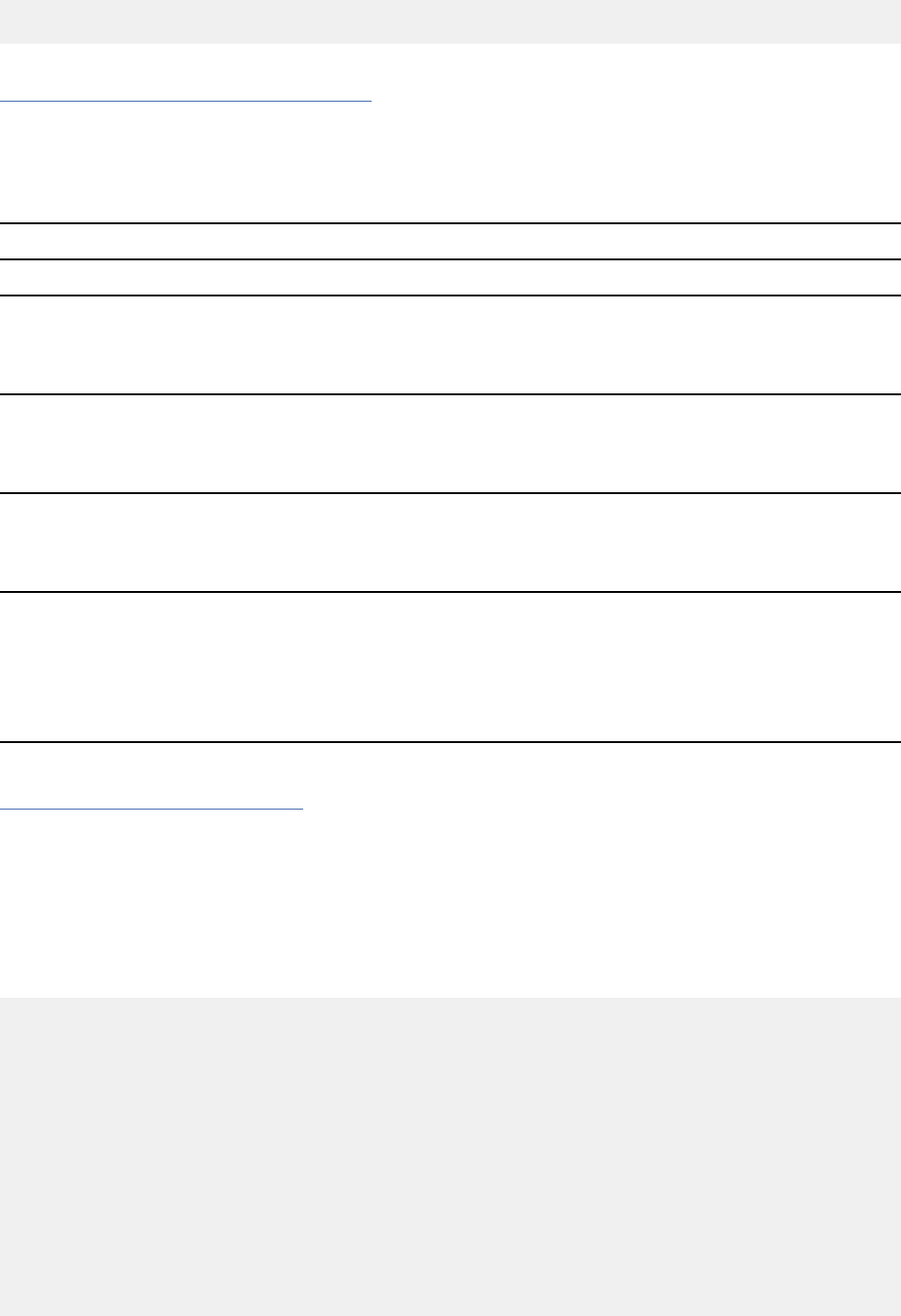
//* ALSO ADD MEMBER DSN8FIMS TO THE SYSDEF, TO ADD TRANSACTIONS
//*
Related reference
“Sample applications in IMS” on page 1355
A set of Db2 sample applications run in the IMS environment.
Sample applications in CICS
A set of Db2 sample applications run in the CICS environment.
Table 186. Sample Db2 applications for CICS
Application Program name JCL member name Description
Organization
DSN8CC0
DSN8CC1
DSN8CC2
DSNTEJ5C CICS COBOL
Organization Application
Organization
DSN8CP0
DSN8CP1
DSN8CP2
DSNTEJ5P CICS PL/I Organization
Application
Project
DSN8CP6
DSN8CP7
DSN8CP8
DSNTEJ5P CICS PL/I Project
Application
Phone
DSN8CP3
DSNTEJ5P CICS PL/I Phone
Application. This
program lists employee
telephone numbers
and updates them if
requested.
Related reference
Data sets that the precompiler uses
When you invoke the precompiler you need to provide data sets that contain input for the precompiler,
such as the host programming statements and SQL statements. You also need to provide data sets where
the precompiler can store its output, such as the modied source code and diagnostics messages.
DSN8CC0
THIS MODULE ISSUES CICS RECEIVE MAP TO RETRIEVE INPUT, CALLS DSN8CC1, AND ISSUE CICS SEND
MAP AFTER RETURNING.
IDENTIFICATION DIVISION.
*------------------------
PROGRAM-ID. DSN8CC0.
**** DSN8CC0 - SUBSYSTEM INTERFACE MODULE FOR CICS/VS - COBOL ***
*
* MODULE NAME = DSN8CC0
*
* DESCRIPTIVE NAME = DB2 SAMPLE APPLICATION
* SUBSYSTEM INTERFACE MODULE
* CICS
* COBOL
*
*Licensed Materials - Property of IBM
*5605-DB2
*(C) COPYRIGHT 1982, 2010 IBM Corp. All Rights Reserved.
*
*STATUS = Version 10
*
Chapter 12. Sample data and applications supplied with Db2 for z/OS
1401

* FUNCTION = THIS MODULE ISSUES CICS RECEIVE MAP TO RETRIEVE
* INPUT, CALLS DSN8CC1, AND ISSUE CICS SEND MAP
* AFTER RETURNING.
*
* NOTES =
* 1. THIS IS A CICS PSEUDO CONVERSATION PROGRAM WHICH
* INITIALIZES ITSELF WHEN A TERMINAL OPERATOR ENTERS
* INPUT AFTER VIEWING THE SCREEN SENT BY PREVIOUS
* ITERATIONS OF THE PROGRAM.
*
* DEPENDENCIES = TWO CICS MAPS(DSECTS) ARE REQUIRED:
* DSN8MCMG AND DSN8MCMD
* MODULE DSN8CC1 IS REQUIRED.
* DCLGEN STRUCTURE DSN8MCCS IS REQUIRED
* INCLUDED COBOL STRUCTURE DSN8MCCA IS
* REQUIRED.
*
* RESTRICTIONS = NONE
*
*
* MODULE TYPE =
* PROCESSOR = DB2 PRECOMPILER,CICS TRANSLATOR,COBOL COMPIL
* MODULE SIZE = SEE LINK-EDIT
* ATTRIBUTES = REUSABLE
*
* ENTRY POINT = DSN8CC0
* PURPOSE = SEE FUNCTION
* LINKAGE = CICS/OS/VS ENTRY
*
* INPUT = PARAMETERS EXPLICITLY PASSED TO THIS FUNCTION:
*
* SYMBOLIC LABEL/NAME = DSN8CCGI
* DESCRIPTION = CICS/OS/VS BMS MAP FOR GENERAL INPUT
*
* SYMBOLIC LABEL/NAME = DSN8CCDI
* DESCRIPTION = CICS/OS/VS BMS MAP FOR DETAIL INPUT
*
* OUTPUT = PARAMETERS EXPLICITLY RETURNED:
*
* SYMBOLIC LABEL/NAME = DSN8CCGO
* DESCRIPTION = CICS/OS/VS BMS MAP FOR GENERAL OUTPUT
*
* SYMBOLIC LABEL/NAME = DSN8CCDO
* DESCRIPTION = CICS/OS/VS BMS MAP FOR DETAIL OUTPUT
*
*
* EXIT-NORMAL = CICS RETURN TRANSID
*
* EXIT-ERROR = SQL ERROR FOR SQL ERRORS
* CICS ABEND FOR CICS PROBLEMS
*
* RETURN CODE = NONE
*
* ABEND CODES = LSCR - LOGICAL SCREEN SET INCORRECTLY
*
* ERROR-MESSAGES = NONE
*
*
* EXTERNAL REFERENCES = COMMON CICS REQUIREMENTS
* ROUTINES/SERVICES =
* CICS/VS SERVICES
* DSN8CC1 - SQL 1 MAINLINE CODE
*
* DATA-AREAS =
* DSN8MCCA - PARAMETER TO BE PASSED TO DSN8CC1
* COMMON AREA
* DSN8MCCS - DECLARE CONVERSATION STATUS
* DSN8MCC2 - COMMON AREA PART 2
* DSN8MCMD - CICS/OS/VS COBOL MAP, ORGANIZATION
* DSN8MCMG - CICS/OS/VS COBOL MAP, ORGANIZATION
*
* CONTROL-BLOCKS =
* SQLCA - SQL COMMUNICATION AREA
*
* TABLES = NONE
*
* CHANGE-ACTIVITY =
* - 10/18/2005 PK03311 INITIALIZE UNINITIALIZED STORAGE @01
*
* *PSEUDOCODE*
*
* PROCEDURE
1402
Db2 12 for z/OS: Application Programming and SQL Guide (Last updated: 2024-07-30)

* DECLARATIONS.
* ALLOCATE COBOL WORK AREA FOR COMMAREA.
* PUT MODULE NAME 'DSN8CC0' IN AREA USED BY ERROR-HANDLER.
* PUT CICS EIBTRMID IN PCONVSTA.CONVID TO BE PASSED TO
* DSN8CC1.
* RETRIEVE LASTCR FROM VCONA USING THE CONVID TO DETERMINE
* WHICH OF THE TWO BMS MAPS SHOULD BE USED TO MAP IN DATA.
*
*
* IF RETRIEVAL OF MAPS IS SUCCESSFUL, THEN DO;
* EXEC CICS RECEIVE MAP ACCORDING TO SPECIFIED LASTSCR
*
* IF MAPFAIL CONDITION IS RAISED* THEN DO;
* COMPARM.PFKIN = '00'
* GO TO CC0SEND
* END
*
* ELSE
* PUT DATA FROM MAP INTO COMPARM **
*
* ELSE
* IT IS A NEW CONVERSATION
* AND NO EXEC CICS RECEIVE MAP IS ISSUED.
*
* CC0SEND:
* EXEC CICS LINK PROGRAM('DSN8CC1') COMMAREA(COMMAREA).
* UPON RETURN FROM DSN8CC1, EXEC CICS SEND MAP ACCORDING TO
* THE TYPE SPECIFIED IN PCONVSTA.LASTSCR.
* EXEC CICS RETURN TRANSID(D8CS).
*
* END.
*
* * I.E. LAST CONVERSATION EXISTS, BUT OPERATOR HAD ENTERED
* DATA FROM A CLEARED SCREEN OR HAD ERASED ALL DATA ON A
* FORMATTED SCREEN AND PRESSED ENTER
*
* ** COMPARM.PFKIN = PF KEY ACTUALLY USED I.E. '01' FOR
* PF1 ..
*---------------------------------------------------------------**
ENVIRONMENT DIVISION.
*---------------------
DATA DIVISION.
*--------------
WORKING-STORAGE SECTION.
77 FOUND PIC S99.
EXEC SQL INCLUDE SQLCA END-EXEC.
EXEC SQL INCLUDE DSN8MCC2 END-EXEC.
01 COMMAREA.
EXEC SQL INCLUDE DSN8MCCA END-EXEC.
EXEC SQL INCLUDE DSN8MCCS END-EXEC.
EXEC SQL INCLUDE DSN8MCMG END-EXEC.
EXEC SQL INCLUDE DSN8MCMD END-EXEC.
*****************************************************************-
* MAPD REDEFINES THE COBOL STRUCTURE ASSOCIATED WITH THE
* CICS MAP DSN8CCD.
*****************************************************************-
01 MAPD REDEFINES DSN8CCDI.
02 FILLER PIC X(387).
02 SUBMAP OCCURS 15 TIMES.
03 COL1LEN PIC S9(4) COMP.
03 COL1ATTR PIC X(1).
03 COL1DATA PIC X(37).
03 COL2LEN PIC S9(4) COMP.
03 COL2ATTR PIC X(1).
03 COL2DATA PIC X(40).
*****************************************************************-
* PFKEYS IS AN ARRAY OF 24 ELEMENTS REPRESENTING THE DIFFERENT
* PFKEYS AS THEY WOULD BE REPRESENTED IN EIBAID.
*****************************************************************-
01 PFKEYS-DUMB.
02 PFKEYS-ALL PIC X(24) VALUE '123456789:#@ABCDEFGHI>.<'.
02 PFKEYS REDEFINES PFKEYS-ALL PIC X(1) OCCURS 24 TIMES.
*****************************************************************-
* PFK IS AN ARRAY OF 12 TWO-BYTE CHARS REPRESENTING THE PFKEYS
* ALLOWED AS INPUT TO DSN8CC1 AND DSN8CC2 ETC.
*****************************************************************-
01 PFK-DUMB.
02 PFK-ALL PIC X(24) VALUE '010203040506070809101112'.
02 PFK REDEFINES PFK-ALL PIC X(2) OCCURS 12 TIMES.
Chapter 12. Sample data and applications supplied with Db2 for z/OS
1403

PROCEDURE DIVISION.
*------------------
*****************************************************************-
* SQL RETURN CODE HANDLING
*****************************************************************-
EXEC SQL WHENEVER SQLERROR GO TO DB-ERROR END-EXEC
EXEC SQL WHENEVER SQLWARNING GO TO DB-ERROR END-EXEC.
*****************************************************************-
* ALLOCATE COBOL WORK AREA / INITIALIZE VARIABLES
*****************************************************************-
* INIT AREA INCLUDED BY DSN8MCCA
MOVE SPACES TO COMMAREA.
* INIT AREA INCLUDED BY DSN8MCCS @01
MOVE SPACES TO PCONA.
* INIT AREA INCLUDED BY DSN8MCMG @01
MOVE ZEROES TO ATITLEL OF DSN8CCGI.
MOVE SPACES TO ATITLEI OF DSN8CCGI.
MOVE ZEROES TO AMAJSYSL OF DSN8CCGI.
MOVE SPACES TO AMAJSYSI OF DSN8CCGI.
MOVE ZEROES TO AACTIONL OF DSN8CCGI.
MOVE SPACES TO AACTIONI OF DSN8CCGI.
MOVE ZEROES TO ADESCL2L OF DSN8CCGI.
MOVE SPACES TO ADESCL2I OF DSN8CCGI.
MOVE ZEROES TO AOBJECTL OF DSN8CCGI.
MOVE SPACES TO AOBJECTI OF DSN8CCGI.
MOVE ZEROES TO ADESCL3L OF DSN8CCGI.
MOVE SPACES TO ADESCL3I OF DSN8CCGI.
MOVE ZEROES TO ASEARCHL OF DSN8CCGI.
MOVE SPACES TO ASEARCHI OF DSN8CCGI.
MOVE ZEROES TO ADESCL4L OF DSN8CCGI.
MOVE SPACES TO ADESCL4I OF DSN8CCGI.
MOVE ZEROES TO ADATAL OF DSN8CCGI.
MOVE SPACES TO ADATAI OF DSN8CCGI.
MOVE ZEROES TO AMSGL OF DSN8CCGI.
MOVE SPACES TO AMSGI OF DSN8CCGI.
MOVE ZEROES TO ALINEL(1).
MOVE SPACES TO ALINEI(1).
MOVE ZEROES TO ALINEL(2).
MOVE SPACES TO ALINEI(2).
MOVE ZEROES TO ALINEL(3).
MOVE SPACES TO ALINEI(3).
MOVE ZEROES TO ALINEL(4).
MOVE SPACES TO ALINEI(4).
MOVE ZEROES TO ALINEL(5).
MOVE SPACES TO ALINEI(5).
MOVE ZEROES TO ALINEL(6).
MOVE SPACES TO ALINEI(6).
MOVE ZEROES TO ALINEL(7).
MOVE SPACES TO ALINEI(7).
MOVE ZEROES TO ALINEL(8).
MOVE SPACES TO ALINEI(8).
MOVE ZEROES TO ALINEL(9).
MOVE SPACES TO ALINEI(9).
MOVE ZEROES TO ALINEL(10).
MOVE SPACES TO ALINEI(10).
MOVE ZEROES TO ALINEL(11).
MOVE SPACES TO ALINEI(11).
MOVE ZEROES TO ALINEL(12).
MOVE SPACES TO ALINEI(12).
MOVE ZEROES TO ALINEL(13).
MOVE SPACES TO ALINEI(13).
MOVE ZEROES TO ALINEL(14).
MOVE SPACES TO ALINEI(14).
MOVE ZEROES TO ALINEL(15).
MOVE SPACES TO ALINEI(15).
MOVE ZEROES TO APFKEYL OF DSN8CCGI.
MOVE SPACES TO APFKEYI OF DSN8CCGI.
* INIT AREA INCLUDED BY DSN8MCMD @01
MOVE ZEROES TO BTITLEL OF DSN8CCDI.
MOVE SPACES TO BTITLEI OF DSN8CCDI.
MOVE ZEROES TO BMAJSYSL OF DSN8CCDI.
MOVE SPACES TO BMAJSYSI OF DSN8CCDI.
MOVE ZEROES TO BACTIONL OF DSN8CCDI.
MOVE SPACES TO BACTIONI OF DSN8CCDI.
MOVE ZEROES TO BDESCL2L OF DSN8CCDI.
MOVE SPACES TO BDESCL2I OF DSN8CCDI.
MOVE ZEROES TO BOBJECTL OF DSN8CCDI.
MOVE SPACES TO BOBJECTI OF DSN8CCDI.
MOVE ZEROES TO BDESCL3L OF DSN8CCDI.
1404
Db2 12 for z/OS: Application Programming and SQL Guide (Last updated: 2024-07-30)

MOVE SPACES TO BDESCL3I OF DSN8CCDI.
MOVE ZEROES TO BSEARCHL OF DSN8CCDI.
MOVE SPACES TO BSEARCHI OF DSN8CCDI.
MOVE ZEROES TO BDESCL4L OF DSN8CCDI.
MOVE SPACES TO BDESCL4I OF DSN8CCDI.
MOVE ZEROES TO BDATAL OF DSN8CCDI.
MOVE SPACES TO BDATAI OF DSN8CCDI.
MOVE ZEROES TO BMSGL OF DSN8CCDI.
MOVE SPACES TO BMSGI OF DSN8CCDI.
MOVE ZEROES TO LINE1F1L OF DSN8CCDI.
MOVE SPACES TO LINE1F1I OF DSN8CCDI.
MOVE ZEROES TO LINE1F2L OF DSN8CCDI.
MOVE SPACES TO LINE1F2I OF DSN8CCDI.
MOVE ZEROES TO LINE2F1L OF DSN8CCDI.
MOVE SPACES TO LINE2F1I OF DSN8CCDI.
MOVE ZEROES TO LINE2F2L OF DSN8CCDI.
MOVE SPACES TO LINE2F2I OF DSN8CCDI.
MOVE ZEROES TO LINE3F1L OF DSN8CCDI.
MOVE SPACES TO LINE3F1I OF DSN8CCDI.
MOVE ZEROES TO LINE3F2L OF DSN8CCDI.
MOVE SPACES TO LINE3F2I OF DSN8CCDI.
MOVE ZEROES TO LINE4F1L OF DSN8CCDI.
MOVE SPACES TO LINE4F1I OF DSN8CCDI.
MOVE ZEROES TO LINE4F2L OF DSN8CCDI.
MOVE SPACES TO LINE4F2I OF DSN8CCDI.
MOVE ZEROES TO LINE5F1L OF DSN8CCDI.
MOVE SPACES TO LINE5F1I OF DSN8CCDI.
MOVE ZEROES TO LINE5F2L OF DSN8CCDI.
MOVE SPACES TO LINE5F2I OF DSN8CCDI.
MOVE ZEROES TO LINE6F1L OF DSN8CCDI.
MOVE SPACES TO LINE6F1I OF DSN8CCDI.
MOVE ZEROES TO LINE6F2L OF DSN8CCDI.
MOVE SPACES TO LINE6F2I OF DSN8CCDI.
MOVE ZEROES TO LINE7F1L OF DSN8CCDI.
MOVE SPACES TO LINE7F1I OF DSN8CCDI.
MOVE ZEROES TO LINE7F2L OF DSN8CCDI.
MOVE SPACES TO LINE7F2I OF DSN8CCDI.
MOVE ZEROES TO LINE8F1L OF DSN8CCDI.
MOVE SPACES TO LINE8F1I OF DSN8CCDI.
MOVE ZEROES TO LINE8F2L OF DSN8CCDI.
MOVE SPACES TO LINE8F2I OF DSN8CCDI.
MOVE ZEROES TO LINE9F1L OF DSN8CCDI.
MOVE SPACES TO LINE9F1I OF DSN8CCDI.
MOVE ZEROES TO LINE9F2L OF DSN8CCDI.
MOVE SPACES TO LINE9F2I OF DSN8CCDI.
MOVE ZEROES TO LINEAF1L OF DSN8CCDI.
MOVE SPACES TO LINEAF1I OF DSN8CCDI.
MOVE ZEROES TO LINEAF2L OF DSN8CCDI.
MOVE SPACES TO LINEAF2I OF DSN8CCDI.
MOVE ZEROES TO LINEBF1L OF DSN8CCDI.
MOVE SPACES TO LINEBF1I OF DSN8CCDI.
MOVE ZEROES TO LINEBF2L OF DSN8CCDI.
MOVE SPACES TO LINEBF2I OF DSN8CCDI.
MOVE ZEROES TO LINECF1L OF DSN8CCDI.
MOVE SPACES TO LINECF1I OF DSN8CCDI.
MOVE ZEROES TO LINECF2L OF DSN8CCDI.
MOVE SPACES TO LINECF2I OF DSN8CCDI.
MOVE ZEROES TO LINEDF1L OF DSN8CCDI.
MOVE SPACES TO LINEDF1I OF DSN8CCDI.
MOVE ZEROES TO LINEDF2L OF DSN8CCDI.
MOVE SPACES TO LINEDF2I OF DSN8CCDI.
MOVE ZEROES TO LINEEF1L OF DSN8CCDI.
MOVE SPACES TO LINEEF1I OF DSN8CCDI.
MOVE ZEROES TO LINEEF2L OF DSN8CCDI.
MOVE SPACES TO LINEEF2I OF DSN8CCDI.
MOVE ZEROES TO LINEFF1L OF DSN8CCDI.
MOVE SPACES TO LINEFF1I OF DSN8CCDI.
MOVE ZEROES TO LINEFF2L OF DSN8CCDI.
MOVE SPACES TO LINEFF2I OF DSN8CCDI.
MOVE ZEROES TO BPFKEYL OF DSN8CCDI.
MOVE SPACES TO BPFKEYI OF DSN8CCDI.
*
MOVE 'DSN8CC0' TO MAJOR IN DSN8-MODULE-NAME.
MOVE 'O' TO MAJSYS IN OUTAREA.
MOVE '0' TO EXITCODE.
MOVE EIBTRMID TO CICSID OF PCONVSTA.
MOVE CONVID OF PCONVSTA TO SAVE-CONVID.
*****************************************************************-
* TRY TO RETRIEVE LAST CONVERSATION. IF SUCCESSFUL, USE THE
* LAST SCREEN SPECIFIED TO RECEIVE INPUT FROM TERMINAL.
*****************************************************************-
Chapter 12. Sample data and applications supplied with Db2 for z/OS
1405

EXEC SQL SELECT LASTSCR
INTO :PCONA.LASTSCR
FROM VCONA
WHERE CONVID = :SAVE-CONVID END-EXEC.
*****************************************************************-
* IF LAST CONVERSATION DOES NOT EXIST, THEN DO NOT ATTEMPT TO
* RECEIVE INPUT MAP. GO DIRECTLY TO VALIDATION MODULES
* TO GET TITLE ETC. FOR OUTPUT MAP.
*****************************************************************-
IF SQLCODE = +100 THEN
GO TO CC0SEND.
*****************************************************************-
* IF LAST CONVERSATION EXISTS, BUT OPERATOR HAS ENTERED DATA N
* FROM A CLEARED SCREEN OR HAD ERASED ALL DATA ON A FORMATTED N
* SCREEN AND PRESSED ENTER THEN ....... N
* MOVE DATA INTO CORRESPONDING FIELDS IN INAREA AND GO TO
* VALIDATION MODULES.
*****************************************************************-
EXEC CICS HANDLE CONDITION MAPFAIL (CC0SEND) END-EXEC.
IF LASTSCR OF PCONA NOT = 'DSN8002 ' THEN
GO TO CC0-LABEL1.
* **DSN8002
* **DETAIL MAP
* **MOVE DATA INTO
* **INPUT FIELDS
EXEC CICS RECEIVE MAP ('DSN8CCD') MAPSET ('DSN8CCD')
END-EXEC.
IF BMAJSYSL NOT = 0 THEN MOVE BMAJSYSI TO MAJSYS OF INAREA
ELSE MOVE 'O' TO MAJSYS OF INAREA.
IF BACTIONL NOT = 0 THEN MOVE BACTIONI TO ACTION OF INAREA
ELSE MOVE SPACES TO ACTION OF INAREA.
IF BOBJECTL NOT = 0 THEN MOVE BOBJECTI TO OBJFLD OF INAREA
ELSE MOVE SPACES TO OBJFLD OF INAREA.
IF BSEARCHL NOT = 0 THEN MOVE BSEARCHI TO SRCH OF INAREA
ELSE MOVE SPACES TO SRCH OF INAREA.
IF BDATAL NOT = 0 THEN MOVE BDATAI TO DATAIN OF INAREA
ELSE MOVE SPACES TO DATAIN OF INAREA.
MOVE 1 TO I.
* **GO TO VALIDATION MODULES
GO TO CC0-LABELX.
* **ERROR ON LASTSCREEN?
CC0-LABEL1.
IF LASTSCR OF PCONA NOT = 'DSN8001 ' THEN
EXEC CICS ABEND ABCODE ('LSCR') END-EXEC
GOBACK.
* **USING LAST SCREEN
* **SPECIFIED TO RECEIVE
* **INPUT FROM TERMINAL
EXEC CICS RECEIVE MAP ('DSN8CCG') MAPSET('DSN8CCG') END-EXEC.
*****************************************************************-
* IF DATA IS RECEIVED FOR A FIELD, THEN MOVE THE DATA INTO THE
* CORRESPONDING FIELD IN INAREA, OTHERWISE MOVE BLANKS.
*****************************************************************-
IF AMAJSYSL NOT = 0 THEN MOVE AMAJSYSI TO MAJSYS OF INAREA
ELSE MOVE 'O' TO MAJSYS OF INAREA.
IF AACTIONL NOT = 0 THEN MOVE AACTIONI TO ACTION OF INAREA
ELSE MOVE SPACES TO ACTION OF INAREA.
IF AOBJECTL NOT = 0 THEN MOVE AOBJECTI TO OBJFLD OF INAREA
ELSE MOVE SPACES TO OBJFLD OF INAREA.
IF ASEARCHL NOT = 0 THEN MOVE ASEARCHI TO SRCH OF INAREA
ELSE MOVE SPACES TO SRCH OF INAREA.
IF ADATAL NOT = 0 THEN MOVE ADATAI TO DATAIN OF INAREA
ELSE MOVE SPACES TO DATAIN OF INAREA.
GO TO CC0-LABEL3.
CC0-LABELX.
IF COL2LEN(I) NOT = 0 THEN MOVE COL2DATA(I) TO TRANDATA(I)
1406
Db2 12 for z/OS: Application Programming and SQL Guide (Last updated: 2024-07-30)

ELSE MOVE SPACES TO TRANDATA(I).
ADD 1 TO I.
* ** CC0-LABELX LOOP
CC0-LOOPX.
PERFORM CC0-LABELX UNTIL I > 15.
CC0-LABEL3.
MOVE 1 TO I.
MOVE 0 TO FOUND.
*****************************************************************-
* CONVERT THE PFKEY INFO IN EIBAID TO THE FORM ACCEPTED
* BY DSN8CC1 AND DSN8CC2 EG. PF1 = '01' AND PF13 = '01'.
*****************************************************************-
CC0-LABEL4.
* **PF KEYS 1-12
IF PFKEYS(I) = EIBAID THEN MOVE 1 TO FOUND
ELSE ADD 1 TO I.
* ** CC0-LABEL4 LOOP
CC0-LOOP4.
PERFORM CC0-LABEL4 UNTIL
I > 24 OR FOUND = 1.
* **PF KEYS > 12
CC0-LABEL5.
IF I > 12 THEN SUBTRACT 12 FROM I.
IF FOUND = 1 THEN
MOVE PFK(I) TO PFKIN OF INAREA
ELSE MOVE SPACES TO PFKIN OF INAREA.
GO TO CC0-LABEL6.
**************************************************************** -
* GO TO DSN8CC1, GET DCLGEN STRUCTURES AND TABLE DCL
*****************************************************************-
CC0SEND.
MOVE SPACES TO INAREA.
MOVE '00' TO PFKIN OF INAREA.
CC0-LABEL6.
MOVE 'O' TO MAJSYS IN INAREA.
EXEC CICS LINK PROGRAM ('DSN8CC1') COMMAREA(COMMAREA)
LENGTH(3000) END-EXEC.
GO TO CC0-NORMAL.
EXEC SQL INCLUDE DSN8MCXX END-EXEC.
**************************************************************** -
* AFTER RETURN FROM DSN8CC1, MOVE DATA TO OUTPUT MAP AREA AND
* SEND MAP ACCORDING TO MAP SPECIFIED IN LASTSCR OF PCONVSTA.
*****************************************************************-
CC0-NORMAL.
IF LASTSCR OF PCONVSTA = 'DSN8002 ' THEN GO TO CC0-LABEL9.
* **MOVE DATA INTO
* **OUTPUT FIELDS
MOVE HTITLE OF OUTAREA TO ATITLEO.
MOVE MAJSYS OF OUTAREA TO AMAJSYSO.
MOVE ACTION OF OUTAREA TO AACTIONO.
MOVE OBJFLD OF OUTAREA TO AOBJECTO.
MOVE SRCH OF OUTAREA TO ASEARCHO.
MOVE DATAOUT TO ADATAO.
MOVE MSG OF OUTAREA TO AMSGO.
MOVE DESC2 OF OUTAREA TO ADESCL2O.
MOVE DESC3 OF OUTAREA TO ADESCL3O.
MOVE DESC4 OF OUTAREA TO ADESCL4O.
MOVE PFKTEXT OF OUTAREA TO APFKEYO.
MOVE 1 TO I.
* **SEND MAP ACCORDING TO
* **PREVIOUS SCREEN
CC0-LABEL7.
MOVE LINE0(I) TO ALINEO(I).
ADD 1 TO I.
* **CC0-LABEL7 LOOP
CC0-LOOP7.
PERFORM CC0-LABEL7 UNTIL
I > 15.
Chapter 12. Sample data and applications supplied with Db2 for z/OS
1407

*****************************************************************-
* CREATES A DYNAMIC CURSOR
*****************************************************************-
* **SET CURSOR POSITION
CC0-LABEL8.
MOVE ZEROES TO CURSOR-VALUE.
IF AACTIONO = SPACES THEN MOVE +179 TO CURSOR-VALUE
ELSE IF AOBJECTO = SPACES THEN MOVE +259 TO CURSOR-VALUE
ELSE IF ASEARCHO = SPACES THEN MOVE +339 TO CURSOR-VALUE
ELSE IF ADATAO = SPACES OR AACTIONO = 'D' OR 'E' THEN
MOVE +419 TO CURSOR-VALUE.
* **SEND OUTPUT MAP
IF CURSOR-VALUE = ZEROES THEN
EXEC CICS SEND MAP('DSN8CCG') MAPSET('DSN8CCG') END-EXEC
ELSE
EXEC CICS SEND MAP('DSN8CCG') MAPSET('DSN8CCG') ERASE
CURSOR(CURSOR-VALUE) END-EXEC.
* **FINISHED?
IF EXITCODE = '1' THEN GO TO CC0-LABEL12.
EXEC CICS RETURN TRANSID('D8CS') END-EXEC.
*****************************************************************-
* MOVES DATA FROM OUTPUT MAP AREA TO
* RECEIVE MAP ACCORDING TO MAP SPECIFIED IN LASTSCR OF PCONVST
*****************************************************************-
* **MOVE DATA
* **FROM OUTPUT FIELDS
CC0-LABEL9.
MOVE HTITLE OF OUTAREA TO BTITLEO.
MOVE MAJSYS OF OUTAREA TO BMAJSYSO.
MOVE ACTION OF OUTAREA TO BACTIONO.
MOVE OBJFLD OF OUTAREA TO BOBJECTO.
MOVE SRCH OF OUTAREA TO BSEARCHO.
MOVE DATAOUT TO BDATAO.
MOVE MSG OF OUTAREA TO BMSGO.
MOVE DESC2 OF OUTAREA TO BDESCL2O.
MOVE DESC3 OF OUTAREA TO BDESCL3O.
MOVE DESC4 OF OUTAREA TO BDESCL4O.
MOVE PFKTEXT OF OUTAREA TO BPFKEYO.
MOVE 1 TO I.
* **RECEIVE MAP ACCORDING
* **TO PREVIOUS SCREEN
CC0-LABEL10.
MOVE FIELD1(I) TO COL1DATA(I) .
* ** CHECK FOR ATTRIBUTE OF X'C0C1'
IF ATTR(I) = -16191 THEN MOVE -1 TO COL2LEN(I).
MOVE ATTR2(I) TO COL2ATTR(I) .
MOVE FIELD2(I) TO COL2DATA(I) .
ADD 1 TO I.
* ** CC0-LABEL10 LOOP
CC0-LOOP10.
PERFORM CC0-LABEL10 UNTIL
I > 15.
CC0-LABEL11.
*****************************************************************-
* CREATES A DYNAMIC CURSOR
*****************************************************************-
* **SET CURSOR POSITION
MOVE ZEROES TO CURSOR-VALUE.
IF BACTIONO = SPACES THEN MOVE +179 TO CURSOR-VALUE
ELSE IF BOBJECTO = SPACES THEN MOVE +259 TO CURSOR-VALUE
ELSE IF BSEARCHO = SPACES THEN MOVE +339 TO CURSOR-VALUE
ELSE IF BDATAO = SPACES OR BACTIONO = 'D' OR 'E' THEN
MOVE +419 TO CURSOR-VALUE.
* **SEND INPUT MAP
IF CURSOR-VALUE = ZEROES THEN
EXEC CICS SEND MAP('DSN8CCD') MAPSET('DSN8CCD') END-EXEC
ELSE
EXEC CICS SEND MAP('DSN8CCD') MAPSET('DSN8CCD') ERASE
1408
Db2 12 for z/OS: Application Programming and SQL Guide (Last updated: 2024-07-30)

CURSOR(CURSOR-VALUE) END-EXEC.
* **FINISHED?
IF EXITCODE = '1' THEN GO TO CC0-LABEL12.
EXEC CICS RETURN TRANSID('D8CS') END-EXEC.
GOBACK.
* **RETURN
CC0-LABEL12.
EXEC CICS RETURN END-EXEC.
GOBACK.
Related reference
“Sample applications in CICS” on page 1401
A set of Db2 sample applications run in the CICS environment.
DSN8CC1
THIS MODULE PERFORMS THE INCLUDES TO BRING IN THE SQL TABLE DCLS AND DCLGEN
STRUCTURES AS WELL AS THE PARAMETER AREA.
IDENTIFICATION DIVISION.
*------------------------
PROGRAM-ID. DSN8CC1.
********** DSN8CC1 - SQL 1 MAINLINE FOR CICS - COBOL ************
* *
* MODULE NAME = DSN8CC1 *
* *
* DESCRIPTIVE NAME = DB2 SAMPLE APPLICATION *
* SQL 1 MAINLINE *
* CICS *
* COBOL *
* *
*Licensed Materials - Property of IBM *
*5605-DB2 *
*(C) COPYRIGHT 1982, 2010 IBM Corp. All Rights Reserved. *
* *
*STATUS = Version 10 *
* *
* FUNCTION = THIS MODULE PERFORMS THE INCLUDES TO BRING IN THE *
* SQL TABLE DCLS AND DCLGEN STRUCTURES AS WELL AS *
* THE PARAMETER AREA. *
* *
* NOTES = *
* DEPENDENCIES = CALLED BY DSN8CC0, CALLS DSN8CC2(CICS LINKS).*
* RESTRICTIONS = NONE *
* *
* *
* MODULE TYPE = *
* PROCESSOR = DB2 PRECOMPILER,CICS TRANSLATOR,COBOL COMPILER
* MODULE SIZE = SEE LINK_EDIT *
* ATTRIBUTES = REUSABLE *
* *
* ENTRY POINT = DSN8CC1 *
* PURPOSE = SEE FUNCTION *
* LINKAGE = INCLUDED BY MODULE DSN8MC1 *
* *
* INPUT = PARAMETERS EXPLICITLY PASSED TO THIS FUNCTION: *
* *
* SYMBOLIC LABEL/NAME = NONE *
* DESCRIPTION = NONE *
* *
* OUTPUT = PARAMETERS EXPLICITLY RETURNED: *
* *
* SYMBOLIC LABEL/NAME = NONE *
* DESCRIPTION = NONE *
* *
* EXIT-NORMAL = DSN8CC0 *
* *
* EXIT-ERROR = DSN8CC0 *
* *
* RETURN CODE = NONE *
* *
* ABEND CODES = NONE *
* *
Chapter 12. Sample data and applications supplied with Db2 for z/OS
1409

* ERROR-MESSAGES = NONE *
* *
* EXTERNAL REFERENCES = *
* ROUTINES/SERVICES = DSN8CC2 *
* *
* DATA-AREAS = *
* DSN8MCCA - COBOL STRUCTURE FOR DFHCOMMAREA *
* DSN8MCCS - VCONA TABLE DCL AND PCONA DCLGEN *
* DSN8MCC2 - COMMON AREA PART 2 *
* DSN8MCOV - VOPTVAL TABLE DCL & POPTVAL DCLGEN *
* DSN8MCVO - FINDS VALID OPTIONS FOR ACTION, *
* OBJECT, SEARCH CRITERIA *
* DSN8MC1 - SQL1 COMMON MODULE FOR IMS AND CICS *
* DSN8MC3 - DSN8MC5 - VALIDATION MODULES CALLED BY DSN8MC0*
* DSN8MCXX - SQL ERROR HANDLER *
* *
* CONTROL-BLOCKS = *
* SQLCA - SQL COMMUNICATION AREA *
* *
* TABLES = NONE *
* *
* CHANGE-ACTIVITY = *
* - 10/18/2005 PK03311 INITIALIZE UNINITIALIZED STORAGE @01 *
* *
* *PSEUDOCODE* *
* *
* PROCEDURE *
* INCLUDE DECLARATIONS. *
* INCLUDE DSN8MC1. *
* INCLUDE ERROR HANDLER. *
* *
* CC1EXIT: ( REFERENCED BY DSN8MC1 ) *
* EXEC CICS RETURN. *
* *
* CC1CALL: ( REFERENCED BY DSN8MC1 ) *
* EXEC CICS LINK PROGRAM('DSN8CC2') *
* COMMAREA(DFHCOMMAREA). *
* GO TO MC1SAVE. (LABEL IN DSN8MC1) *
* *
* INCLUDE VALIDATION MODULES. *
* *
* END. *
*****************************************************************
ENVIRONMENT DIVISION.
*------------------------
DATA DIVISION.
*------------------------
WORKING-STORAGE SECTION.
*****************************************************************
* * DECLARE FIELD PASSED TO MESSAGE ROUTINE *
* * DECLARE CONVERSATION STATUS *
* * DECLARE MESSAGE TEXT *
* * DECLARE OPTION VALIDATION *
* * DECLARE COMMON AREA AND COMMON AREA PART 2 *
*****************************************************************
01 MSGCODE PIC X(04).
01 OUTMSG PIC X(69).
EXEC SQL INCLUDE DSN8MCCS END-EXEC.
EXEC SQL INCLUDE DSN8MCOV END-EXEC.
EXEC SQL INCLUDE SQLCA END-EXEC.
EXEC SQL INCLUDE DSN8MCC2 END-EXEC.
LINKAGE SECTION.
01 DFHCOMMAREA.
EXEC SQL INCLUDE DSN8MCCA END-EXEC.
PROCEDURE DIVISION.
*------------------------
* INIT AREA INCLUDED BY DSN8MCCS @01
MOVE SPACES TO PCONA.
* INIT AREA INCLUDED BY DSN8MCOV @01
MOVE SPACES TO POPTVAL.
********************************************************
* SQL RETURN CODE HANDLING *
********************************************************
EXEC SQL WHENEVER SQLERROR GO TO DB-ERROR END-EXEC
EXEC SQL WHENEVER SQLWARNING GO TO DB-ERROR END-EXEC.
1410
Db2 12 for z/OS: Application Programming and SQL Guide (Last updated: 2024-07-30)
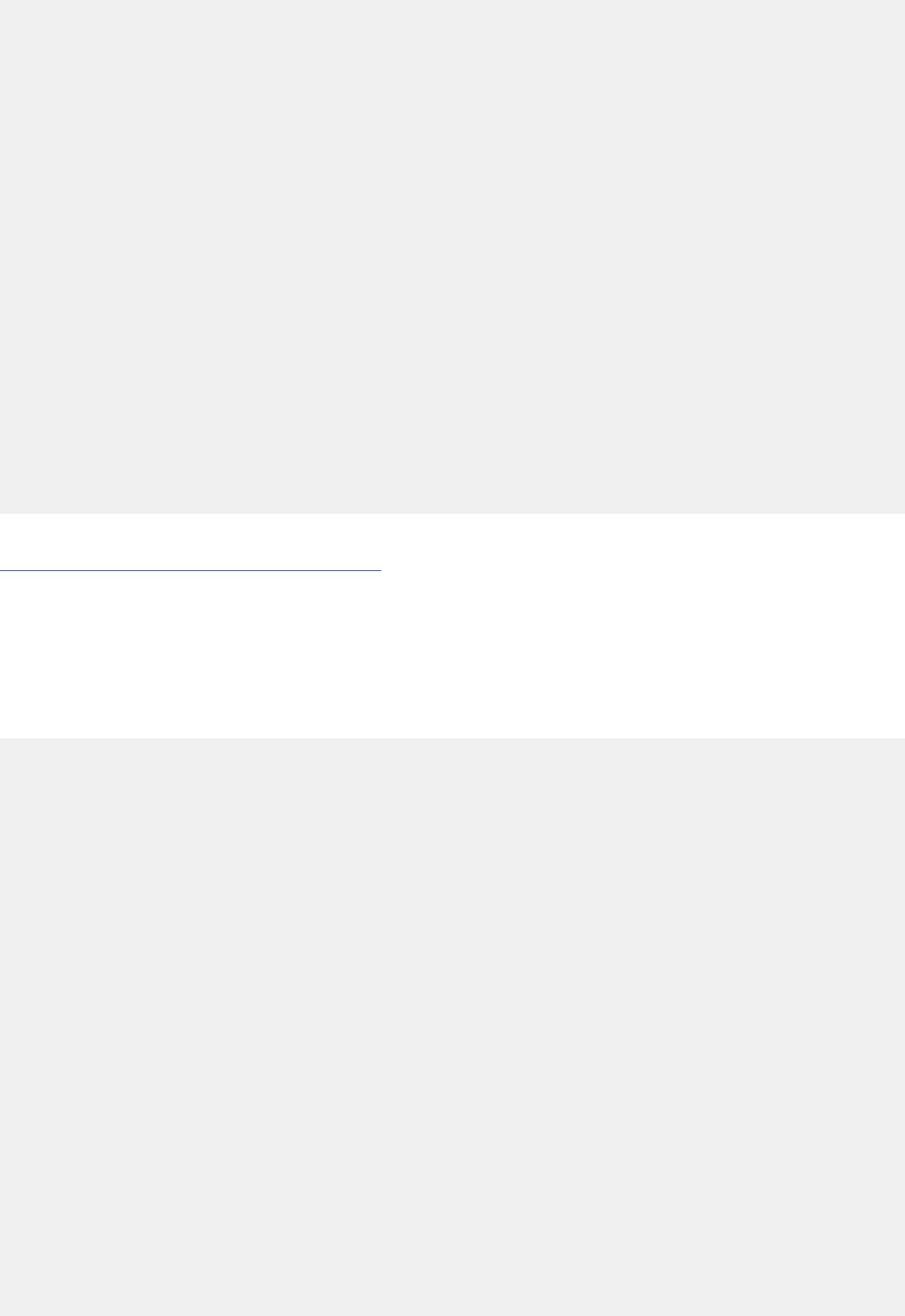
MOVE 'DSN8CC1' TO MAJOR IN DSN8-MODULE-NAME.
***********************************************************
* FIND VALID OPTIONS FOR ACTION, OBJECT, SEARCH CRITERION*
* RETRIEVE CONVERSATION, VALIDATE, CALL SQL2 *
***********************************************************
EXEC SQL INCLUDE DSN8MCVO END-EXEC.
EXEC SQL INCLUDE DSN8MC1 END-EXEC.
* **RETURN
CC1-EXIT.
EXEC CICS RETURN END-EXEC.
***********************************************************
* VALIDATE ACTION, OBJECT, SEARCH CRITERIA *
* HANDLE ERRORS *
***********************************************************
CC1-CALL.
EXEC CICS LINK PROGRAM('DSN8CC2') COMMAREA(DFHCOMMAREA)
LENGTH(3000) END-EXEC.
GO TO MC1-SAVE.
EXEC SQL INCLUDE DSN8MC3 END-EXEC.
EXEC SQL INCLUDE DSN8MC4 END-EXEC.
EXEC SQL INCLUDE DSN8MC5 END-EXEC.
EXEC SQL INCLUDE DSN8MCXX END-EXEC.
GOBACK.
Related reference
“Sample applications in CICS” on page 1401
A set of Db2 sample applications run in the CICS environment.
DSN8CC2
ROUTER FOR SECONDARY SELECTION AND/OR DETAIL PROCESSING CALLS SECONDARY SELECTION
MODULES DSN8MCA DSN8MCM CALLS DETAIL MODULES DSN8MCD DSN8MCE DSN8MCF DSN8MCT
DSN8MCV DSN8MCW DSN8MCX DSN8MCZ CALLED BY DSN8MC1 (SQL1) .
IDENTIFICATION DIVISION.
*------------------------
PROGRAM-ID. DSN8CC2.
************* DSN8CC2 - COMMON MODULE FOR CICS - COBOL***********
* *
* MODULE NAME = DSN8CC2 *
* *
* DESCRIPTIVE NAME = DB2 SAMPLE APPLICATION *
* SQL 2 COMMON MODULE *
* CICS *
* COBOL *
* *
*Licensed Materials - Property of IBM *
*5605-DB2 *
*(C) COPYRIGHT 1982, 2010 IBM Corp. All Rights Reserved. *
* *
*STATUS = Version 10 *
* *
* *
* *
* FUNCTION = ROUTER FOR SECONDARY SELECTION AND/OR *
* DETAIL PROCESSING *
* CALLS SECONDARY SELECTION MODULES *
* DSN8MCA DSN8MCM *
* CALLS DETAIL MODULES *
* DSN8MCD DSN8MCE DSN8MCF *
* DSN8MCT DSN8MCV DSN8MCW DSN8MCX DSN8MCZ *
* CALLED BY DSN8MC1 (SQL1) *
* *
* NOTES = NONE *
* *
* *
* MODULE TYPE = *
* PROCESSOR = DB2 PRECOMPILER, CICS TRANSLATOR, *
Chapter 12. Sample data and applications supplied with Db2 for z/OS
1411

* VS COBOL *
* MODULE SIZE = SEE LINKEDIT *
* ATTRIBUTES = REUSABLE *
* *
* ENTRY POINT = DSN8CC2 *
* PURPOSE = SEE FUNCTION *
* LINKAGE = NONE *
* INPUT = *
* *
* SYMBOLIC LABEL/NAME = COMMPTR *
* DESCRIPTION = POINTER TO COMMAREA *
* (COMMUNICATION AREA) *
* *
* OUTPUT = *
* *
* SYMBOLIC LABEL/NAME = COMMPTR *
* DESCRIPTION = POINTER TO COMMAREA *
* (COMMUNICATION AREA) *
* *
* EXIT-NORMAL = RETURN CODE 0 NORMAL COMPLETION *
* *
* EXIT-ERROR = *
* IF SQLERROR OR SQLWARNING, SQL WHENEVER CONDITION *
* SPECIFIED IN DSN8CC2 WILL BE RAISED AND PROGRAM *
* WILL GO TO THE LABEL DB-ERROR. *
* *
* *
* RETURN CODE = NONE *
* *
* *
* ABEND CODES = NONE *
* *
* ERROR-MESSAGES = *
* DSN8062E-AN OBJECT WAS NOT SELECTED *
* DSN8066E-UNSUPPORTED PFK OR LOGIC ERROR *
* DSN8072E-INVALID SELECTION ON SECONDARY SCREEN *
* *
* EXTERNAL REFERENCES = NONE *
* ROUTINES/SERVICES = 10 MODULES LISTED ABOVE *
* DSN8MCG - ERROR MESSAGE ROUTINE *
* *
* DATA-AREAS = *
* DSN8MCA - SECONDARY SELECTION FOR ORGANIZATION *
* DSN8MCAD - DECLARE ADMINISTRATION DETAIL *
* DSN8MCAE - CURSOR EMPLOYEE LIST *
* DSN8MCAL - CURSOR ADMINISTRATION LIST *
* DSN8MCA2 - DECLARE ADMINISTRATION DETAIL *
* DSN8MCCA - COMMON AREA *
* DSN8MCC2 - COMMON AREA PART 2 *
* DSN8MCD - DEPARTMENT STRUCTURE DETAIL *
* DSN8MCDA - CURSOR ADMINISTRATION DETAIL *
* DSN8MCDH - CURSOR FOR DISPLAY TEXT FROM *
* TDSPTXT TABLE *
* DSN8MCDM - DECLARE DEPARTMENT MANAGER *
* DSN8MCDP - DECLARE DEPARTMENT *
* DSN8MCDT - DECLARE DISPLAY TEXT *
* DSN8MCE - DEPARTMENT DETAIL *
* DSN8MCEM - DECLARE EMPLOYEE *
* DSN8MCED - DECLARE EMPLOYEE-DEPARTMENT *
* DSN8MCF - EMPLOYEE DETAIL *
* DSN8MCOV - DECLARE OPTION VALIDATION *
* DSN8MCXX - ERROR HANDLER *
* *
* CONTROL-BLOCKS = *
* SQLCA - SQL COMMUNICATION AREA *
* *
* TABLES = NONE *
* *
* CHANGE-ACTIVITY = *
* - ADD NEW VARIABLES FOR REFERENTIAL INTEGRITY V2R1 *
* - 10/18/2005 PK03311 INITIALIZE UNINITIALIZED STORAGE @01 *
* *
* *PSEUDOCODE* *
* *
* THIS MODULE DETERMINES WHICH SECONDARY SELECTION AND/OR *
* DETAIL MODULE(S) ARE TO BE CALLED IN THE CICS/COBOL *
* ENVIRONMENT. *
* *
* WHAT HAS HAPPENED SO FAR?.............THE SUBSYSTEM *
* DEPENDENT MODULE (IMS,CICS,TSO) OR (SQL 0) HAS *
* READ THE INPUT SCREEN, FORMATTED THE INPUT AND PASSED CONTROL *
* TO SQL 1. SQL 1 PERFORMS VALIDATION ON THE SYSTEM DEPENDENT *
1412
Db2 12 for z/OS: Application Programming and SQL Guide (Last updated: 2024-07-30)

* FIELDS (MAJOR SYSTEM, ACTION, OBJECT, SEARCH CRITERIA). IF *
* ALL SYSTEM FIELDS ARE VALID SQL 1 PASSED CONTROL TO THIS *
* MODULE. PASSED PARAMETERS CONSIST ONLY OF A POINTER WHICH *
* POINTS TO A COMMUNICATION CONTROL AREA USED TO COMMUNICATE *
* BETWEEN SQL 0 , SQL 1, SQL 2 AND THE SECONDARY SELECTION *
* AND DETAIL MODULES. *
* *
*WHAT IS INCLUDED IN THIS MODULE?............. *
* ALL SECONDARY SELECTION AND DETAIL MODULES ARE 'INCLUDED'. *
* ALL VARIABLES KNOWN IN THIS PROCEDURE ARE KNOWN IN THE *
* SUB PROCEDURES. ALL SQL CURSOR DEFINITIONS AND *
* SQL 'INCLUDES' ARE DONE IN THIS PROCEDURE. BECAUSE OF THE *
* RESTRICTION THAT CURSOR HOST VARIABLES MUST BE DECLARED BEFORE*
* THE CURSOR DEFINITION ALL CURSOR HOST VARIABLES ARE DECLARED *
* IN THIS PROCEDURE. *
* *
* PROCEDURE *
* IF ANSWER TO DETAIL SCREEN AND DETAIL PROCESSOR *
* IS NOT WILLING TO ACCEPT AN ANSWER THEN *
* NEW REQUEST* *
* *
* ELSE *
* IF ANSWER TO A SECONDARY SELECTION THEN *
* DETERMINE IF NEW REQUEST. *
* *
* *
* *
* CASE (NEW REQUEST) *
* *
* SUBCASE ('ADD') *
* DETAIL PROCESSOR *
* RETURN TO SQL 1 *
* ENDSUB *
* *
* SUBCASE ('ERASE','DISPLAY','UPDATE') *
* CALL SECONDARY SELECTION *
* IF # OF POSSIBLE CHOICES IS ^= 1 THEN *
* RETURN TO SQL 1 *
* ELSE *
* CALL THE DETAIL PROCESSOR *
* RETURN TO SQL 1 *
* ENDSUB *
* *
* ENDCASE *
* *
* IF ANSWER TO SECONDARY SELECTION AND A SELECTION HAS *
* ACTUALLY BEEN MADE THEN *
* IF IT IS A VALID SELECTION NUMBER THEN *
* CALL DETAIL PROCESSOR *
* RETURN TO SQL 1 *
* END *
* *
* ELSE *
* PRINT ERROR MSG *
* RETURN TO SQL 1 *
* END. *
* *
* IF ANSWER TO SECONDARY SELECTION THEN *
* CALL SECONDARY SELECTION *
* RETURN TO SQL 1 *
* END. *
* *
* IF ANSWER TO DETAIL THEN *
* CALL DETAIL PROCESSOR *
* RETURN TO SQL 1 *
* END. *
* *
* RETURN TO SQL 1. *
* *
* END. *
* *
* *EXAMPLE- A ROW IS SUCCESSFULLY ADDED, THE OPERATOR RECEIVES*
* THE SUCCESSFULLY ADDED MESSAGE AND JUST HITS ENTER. *
*---------------------------------------------------------------*
ENVIRONMENT DIVISION.
*---------------------
DATA DIVISION.
*-------------
WORKING-STORAGE SECTION.
Chapter 12. Sample data and applications supplied with Db2 for z/OS
1413

***************************************
* FIELDS SENT TO MESSAGE ROUTINE *
***************************************
01 MSGCODE PIC X(04).
01 OUTMSG PIC X(69).
***************************************
* NULL INDICATOR *
***************************************
01 NULLIND1 PIC S9(4) COMP-4.
01 NULLIND2 PIC S9(4) COMP-4.
01 NULLIND3 PIC S9(4) COMP-4.
01 NULLIND4 PIC S9(4) COMP-4.
01 NULLIND5 PIC S9(4) COMP-4.
01 NULLARRY.
03 NULLARRY1 PIC S9(4) USAGE COMP OCCURS 13 TIMES.
EXEC SQL INCLUDE SQLCA END-EXEC.
EXEC SQL INCLUDE DSN8MCC2 END-EXEC.
EXEC SQL INCLUDE DSN8MCDP END-EXEC.
EXEC SQL INCLUDE DSN8MCEM END-EXEC.
EXEC SQL INCLUDE DSN8MCDM END-EXEC.
EXEC SQL INCLUDE DSN8MCAD END-EXEC.
EXEC SQL INCLUDE DSN8MCA2 END-EXEC.
EXEC SQL INCLUDE DSN8MCOV END-EXEC.
EXEC SQL INCLUDE DSN8MCDT END-EXEC.
EXEC SQL INCLUDE DSN8MCED END-EXEC.
01 CONSTRAINTS.
03 PARM-LENGTH PIC S9(4) COMP-4.
03 REF-CONSTRAINT PIC X(08).
03 FILLER PIC X(62).
01 MGRNO-CONSTRAINT PIC X(08) VALUE 'RDE '.
LINKAGE SECTION.
01 DFHCOMMAREA.
EXEC SQL INCLUDE DSN8MCCA END-EXEC.
PROCEDURE DIVISION.
*------------------
EXEC SQL INCLUDE DSN8MCAE END-EXEC.
EXEC SQL INCLUDE DSN8MCAL END-EXEC.
EXEC SQL INCLUDE DSN8MCDH END-EXEC.
EXEC SQL INCLUDE DSN8MCDA END-EXEC.
***********************************************************
* SQL RETURN CODE HANDLING *
***********************************************************
EXEC SQL WHENEVER SQLERROR GO TO DB-ERROR END-EXEC
EXEC SQL WHENEVER SQLWARNING GO TO DB-ERROR END-EXEC.
***********************************************************
* INITIALIZATIONS *
***********************************************************
MOVE 'DSN8CC2' TO MAJOR.
MOVE SPACES TO MINOR.
* INIT AREA INCLUDED BY DSN8MCDP @01
MOVE SPACES TO PDEPT.
* INIT AREA INCLUDED BY DSN8MCEM @01
MOVE SPACES TO PEMP.
* INIT AREA INCLUDED BY DSN8MCDM @01
MOVE SPACES TO PDEPMGR.
* INIT AREA INCLUDED BY DSN8MCAD @01
MOVE SPACES TO PASTRDET.
* INIT AREA INCLUDED BY DSN8MCA2 @01
MOVE SPACES TO PASTRDE2.
* INIT AREA INCLUDED BY DSN8MCOV @01
MOVE SPACES TO POPTVAL.
* INIT AREA INCLUDED BY DSN8MCDT @01
MOVE SPACES TO PDSPTXT.
* INIT AREA INCLUDED BY DSN8MCED @01
MOVE SPACES TO PEMPDPT1.
***********************************************************
* DETERMINES WHETHER NEW REQUEST OR NOT *
***********************************************************
IC200B.
1414
Db2 12 for z/OS: Application Programming and SQL Guide (Last updated: 2024-07-30)

IF PREV OF PCONVSTA = ' ' THEN
MOVE 'Y' TO NEWREQ OF COMPARM.
IF NEWREQ OF COMPARM = 'N' AND PREV OF PCONVSTA = 'S'
AND DATA01 NOT = ' '
AND PFKIN NOT = '08'
THEN MOVE 'Y' TO NEWREQ OF COMPARM.
IF NEWREQ OF COMPARM NOT = 'Y' THEN
GO TO IC2010.
***********************************************************
* IF NEW REQUEST AND ACTION IS 'ADD' THEN *
* CALL DETAIL PROCESSOR *
* ELSE CALL SECONDARY SELECTION *
***********************************************************
IF ACTION OF INAREA = 'A' THEN
* **DETAIL PROCESSOR
GO TO DETAIL0.
* **SECONDARY SELECTION
PERFORM SECSEL THRU END-SECSEL.
* **IF NO. OF CHOICES = 1
* **GO TO DETAIL PROCESSOR
IF MAXSEL = 1 THEN
GO TO DETAIL0.
GO TO EXITO.
***********************************************************
* DETERMINES IF VALID SELECTION NUMBER *
***********************************************************
IC2010.
* **VALID SELECTION NO. GIVEN
IF PREV OF PCONVSTA NOT = 'S' OR
MAXSEL < 1 OR
PFKIN = '08' OR
DATA2 = DATO2 THEN
GO TO IC201.
* **DETAIL SELECTION GIVEN
IF DAT1 NUMERIC AND DAT2 = ' ' THEN
MOVE DAT1 TO DAT2
MOVE '0' TO DAT1.
IF DATA2 NUMERIC
AND DATA2 > '00' AND DATA2 NOT > MAXSEL THEN
MOVE 'Y' TO NEWREQ OF COMPARM
GO TO DETAIL0.
* **INVALID SELECTION NO.
* **PRINT ERROR MESSAGE
MOVE '072E' TO MSGCODE.
CALL 'DSN8MCG' USING MAJOR MSGCODE OUTMSG.
MOVE OUTMSG TO MSG OF OUTAREA.
GO TO EXITO.
***********************************************************
* DETERMINES WHETHER SECONDARY SELECTION OR DETAIL *
***********************************************************
IC201.
* **SECONDARY SELECTION
IF PREV OF PCONVSTA = 'S' THEN
PERFORM SECSEL THRU END-SECSEL
GO TO EXITO
ELSE
* **DETAIL PROCESSOR
IF PREV OF PCONVSTA = 'D' THEN GO TO DETAIL0.
* **LOGIC ERROR
* **PRINT ERROR MESSAGE
MOVE '066E' TO MSGCODE.
CALL 'DSN8MCG' USING MAJOR MSGCODE OUTMSG.
MOVE OUTMSG TO MSG OF OUTAREA.
GO TO EXITO.
* **HANDLES ERRORS
EXEC SQL INCLUDE DSN8MCXX END-EXEC.
GO TO EXITO.
***********************************************************
* CALLS SECONDARY SELECTION AND RETURNS TO SQL 1 *
***********************************************************
SECSEL.
MOVE 'DSN8001' TO LASTSCR IN PCONVSTA.
* **ADMINISTRATIVE
Chapter 12. Sample data and applications supplied with Db2 for z/OS
1415

* **DEPARTMENT STRUCTURE
IF OBJFLD OF INAREA = 'DS' THEN
PERFORM DSN8MCA THRU END-DSN8MCA
ELSE
* **INDIVIDUAL DEPARTMENT
* **PROCESSING
IF OBJFLD OF INAREA = 'DE' THEN
PERFORM DSN8MCA THRU END-DSN8MCA
ELSE
* **INDIVIDUAL EMPLOYEE
* **PROCESSING
IF OBJFLD OF INAREA = 'EM' THEN
PERFORM DSN8MCA THRU END-DSN8MCA
ELSE
* **ERROR MESSAGE
* **MISSING SECONDARY SEL
MOVE '062E' TO MSGCODE
CALL 'DSN8MCG' USING MAJOR MSGCODE OUTMSG
MOVE OUTMSG TO MSG OF OUTAREA
GO TO EXITO.
END-SECSEL.
***********************************************************
* CALLS DETAIL PROCESSOR AND RETURNS TO SQL 1 *
***********************************************************
DETAIL0.
MOVE 'DSN8002' TO LASTSCR IN PCONVSTA.
* **ADMINISTRATIVE
* **DEPARTMENT STRUCTURE
IF OBJFLD OF INAREA = 'DS' THEN
PERFORM DSN8MCD THRU END-DSN8MCD
ELSE
* **INDIVIDUAL DEPARTMENT
* **PROCESSING
IF OBJFLD OF INAREA = 'DE' THEN
PERFORM DSN8MCE THRU END-DSN8MCE
ELSE
* **INDIVIDUAL EMPLOYEE
* **PROCESSING
IF OBJFLD OF INAREA = 'EM' THEN
PERFORM DSN8MCF THRU END-DSN8MCF
ELSE
* **ERROR MESSAGE
* **MISSING DETAIL MODULE
MOVE '062E' TO MSGCODE
CALL 'DSN8MCG' USING MAJOR MSGCODE OUTMSG
MOVE OUTMSG TO MSG OF OUTAREA.
GO TO EXITO.
* **RETURNS TO SQL 1
EXITO.
EXEC CICS RETURN END-EXEC.
EXEC SQL INCLUDE DSN8MCA END-EXEC.
EXEC SQL INCLUDE DSN8MCD END-EXEC.
EXEC SQL INCLUDE DSN8MCE END-EXEC.
EXEC SQL INCLUDE DSN8MCF END-EXEC.
GOBACK.
Related reference
“Sample applications in CICS” on page 1401
A set of Db2 sample applications run in the CICS environment.
DSN8CP0
THIS MODULE ISSUES A CICS RECEIVE MAP TO RETRIEVE INPUT, CALLS DSN8CP1, AND ISSUES A CICS
SEND MAP AFTER RETURNING.
DSN8CP0: PROC OPTIONS (MAIN); 00010000
/********************************************************************* 00020000
* * 00030000
* MODULE NAME = DSN8CP0 * 00040000
* * 00050000
* DESCRIPTIVE NAME = DB2 SAMPLE APPLICATION * 00060000
* SUBSYSTEM INTERFACE MODULE * 00070000
1416
Db2 12 for z/OS: Application Programming and SQL Guide (Last updated: 2024-07-30)

* CICS * 00080000
* PL/I * 00090000
* ORGANIZATION APPLICATION * 00100000
* * 00110000
* LICENSED MATERIALS - PROPERTY OF IBM 5655-DB2 * 00120000
* (C) COPYRIGHT 1982, 2010 IBM CORP. ALL RIGHTS RESERVED. * 00130000
* * 00140000
* STATUS = VERSION 10 * 00150000
* * 00160000
* FUNCTION = THIS MODULE ISSUES A CICS RECEIVE MAP TO RETRIEVE * 00170000
* INPUT, CALLS DSN8CP1, AND ISSUES A CICS SEND * 00180000
* MAP AFTER RETURNING. * 00190000
* * 00200000
* NOTES = * 00210000
* 1.THIS IS A CICS PSEUDO CONVERSATION PROGRAM WHICH * 00220000
* INITIALIZES ITSELF WHEN TERMINAL OPERATOR ENTERS * 00230000
* INPUT AFTER VIEWING THE SCREEN SENT BY PREVIOUS * 00240000
* ITERATIONS OF THE PROGRAM. * 00250000
* * 00260000
* DEPENDENCIES = TWO CICS MAPS(DSECTS) ARE REQUIRED: * 00270000
* DSN8MCMG AND DSN8MCMD * 00280000
* MODULES DSN8CP1 IS REQUIRED. * 00290000
* DCLGEN STRUCTURE DSN8MPCS IS REQUIRED. * 00300000
* INCLUDED PLI STRUCTURE DSN8MPCA IS REQUIRED. * 00310000
* * 00320000
* RESTRICTIONS = NONE * 00330000
* * 00340000
* * 00350000
* MODULE TYPE = PL/I PROC OPTIONS(MAIN) * 00360000
* PROCESSOR = DB2 PRECOMPILER, CICS TRANSLATOR, PL/I OPTIMIZE * 00370000
* MODULE SIZE = SEE LINK-EDIT * 00380000
* ATTRIBUTES = REUSABLE * 00390000
* * 00400000
* ENTRY POINT = DSN8CP0 * 00410000
* PURPOSE = SEE FUNCTION * 00420000
* LINKAGE = CICS/OS/VS ENTRY * 00430000
* * 00440000
* INPUT = PARAMETERS EXPLICITLY PASSED TO THIS FUNCTION: * 00450000
* SYMBOLIC LABEL/NAME = DSN8CPDI * 00460000
* DESCRIPTION = CICS BMS MAP FOR DETAIL INPUT * 00470000
* * 00480000
* SYMBOLIC LABEL/NAME = DSN8CPGI * 00490000
* DESCRIPTION = CICS BMS MAP FOR GENERAL INPUT * 00500000
* * 00510000
* OUTPUT = PARAMETERS EXPLICITLY RETURNED: * 00520000
* SYMBOLIC LABEL/NAME = DSN8CPDO * 00530000
* DESCRIPTION = CICS BMS MAP FOR DETAIL OUTPUT * 00540000
* * 00550000
* SYMBOLIC LABEL/NAME = DSN8CPGO * 00560000
* DESCRIPTION = CICS BMS MAP FOR GENERAL OUTPUT * 00570000
* * 00580000
* EXIT-NORMAL = CICS RETURN TRANSID(D8PS). * 00590000
* * 00600000
* EXIT-ERROR = DB_ERROR FOR SQL ERRORS. * 00610000
* NO PL/I ON CONDITIONS. * 00620000
* * 00630000
* RETURN CODE = NONE * 00640000
* * 00650000
* ABEND CODES = * 00660000
* CICS ABEND FOR CICS PROBLEMS. * 00670000
* MAPI - LASTSCREEN IS WRONG NAME ON INPUT * 00680000
* MAPO - SQL1 DID NOT PASS BACK VALID LASTSCREEN NAME * 00690000
* * 00700000
* ERROR-MESSAGES = NONE * 00710000
* * 00720000
* EXTERNAL REFERENCES = COMMON CICS REQUIREMENTS * 00730000
* ROUTINES/SERVICES = DSN8CP1 * 00740000
* * 00750000
* DATA-AREAS = * 00760000
* DSN8MPCA - PARAMETER TO BE PASSED TO DSN8CP1 * 00770000
* COMMON AREA * 00780000
* DSN8MPCS - DECLARE CONVERSATION STATUS * 00790000
* DSN8MPMD - CICS/OS/VS PL/I MAP, ORGANIZATION * 00800000
* DSN8MPMG - CICS/OS/VS PL/I MAP, ORGANIZATION * 00810000
* * 00820000
* CONTROL-BLOCKS = * 00830000
* SQLCA - SQL COMMUNICATION AREA * 00840000
* * 00850000
* TABLES = NONE * 00860000
* * 00870000
* CHANGE-ACTIVITY = NONE * 00880000
* * 00890000
Chapter 12. Sample data and applications supplied with Db2 for z/OS
1417

* * 00900000
* *PSEUDOCODE* * 00910000
* * 00920000
* PROCEDURE * 00930000
* DECLARATIONS. * 00940000
* ALLOCATE PLI WORK AREA FOR COMMAREA. * 00950000
* PUT MODULE NAME 'DSN8CP0' IN AREA USED BY ERROR-HANDLER. * 00960000
* PUT CICS EIBTRMID IN PCONVSTA.CONVID TO BE PASSED TO DSN8CP1 00970000
* RETRIEVE LASTSCR FROM VCONA USING THE CONVID TO DETERMINE * 00980000
* WHICH OF THE TWO BMS MAPS SHOULD BE USED TO MAP IN DATA. * 00990000
* * 01000000
* IF RETRIEVAL IS SUCCESSFUL, THEN DO. * 01010000
* EXEC CICS RECEIVE MAP ACCORDING TO SPECIFIED LASTSCR. * 01020000
* IF MAPFAIL CONDITION IS RAISED* THEN DO. * 01030000
* COMPARM.PFKIN = '00' * 01040000
* GO TO CP0CP1 * 01050000
* END * 01060000
* * 01070000
* ELSE * 01080000
* PUT DATA FROM MAP INTO COMPARM ** * 01090000
* ELSE * 01100000
* IT IS A NEW CONVERSATION, AND NO EXEC CICS * 01110000
* RECEIVE MAP IS ISSUED. * 01120000
* * 01130000
* CP0CP1: * 01140000
* EXEC CICS LINK PROGRAM('DSN8CP1') COMMAREA(COMMAREA). * 01150000
* UPON RETURN FROM DSN8CP1, EXEC CICS SEND MAP ACCORDING TO * 01160000
* THE TYPE SPECIFIED IN PCONVSTA.LASTSCR. * 01170000
* EXEC CICS RETURN TRANSID(D8PS). * 01180000
* * 01190000
* END. * 01200000
* * 01210000
* * I.E. LAST CONVERSATION EXISTS, BUT OPERATOR HAD ENTERED * 01220000
* DATA FROM A CLEARED SCREEN OR HAD ERASED ALL DATA ON * 01230000
* SCREEN AND PRESSED ENTER. * 01240000
* * 01250000
* ** COMPARM.PFKIN = PF KEY ACTUALLY USED I.E. '01' FOR * 01260000
* PF1... * 01270000
*-------------------------------------------------------------------*/ 01280000
%PAGE; 01290000
/*------------------------------------------------------------------*/ 01300000
/* */ 01310000
/* */ 01320000
/* */ 01330000
/* */ 01340000
/* SQL0 CICS (DSN8CP0) */ 01350000
/* */ 01360000
/* */ 01370000
/* */ 01380000
/* */ 01390000
/* */ 01400000
/*------------------------------------------------------------------*/ 01410000
EXEC SQL INCLUDE DSN8MPCA; /* COMMAREA */ 01420000
EXEC SQL INCLUDE DSN8MPMG; /* 1ST MAP, BUILT FROM DSN8CPG */ 01430000
EXEC SQL INCLUDE DSN8MPMD; /* 2ND MAP, BUILT FROM DSN8CPD */ 01440000
EXEC SQL INCLUDE SQLCA; /*COMMUNICATION AREA */ 01450000
EXEC SQL INCLUDE DSN8MPCS; /* PCONA */ 01460000
01470000
/****************************************************************/ 01480000
/* ** DCLGENS AND INITIALIZATIONS */ 01490000
/****************************************************************/ 01500000
01510000
DCL STRING BUILTIN; 01520000
DCL J FIXED BIN; 01530000
DCL SAVE_CONVID CHAR(16); 01540000
/* DECLARE CONTROL FLAGS */ 01550000
DCL ( SENDBIT, ENDBIT, NEXTBIT, ON, OFF) BIT(1); 01560000
01570000
/********************************************************/ 01580000
/* ** FIELDS SENT TO MESSAGE ROUTINE */ 01590000
/********************************************************/ 01600000
01610000
DCL MODULE CHAR (07); 01620000
DCL OUTMSG CHAR (69); 01630000
01640000
DCL DSN8MPG EXTERNAL ENTRY; 01650000
0/*********************************************************************/01660000
/* SUBMAP REDEFINES THE PL/I STRUCTURE ASSOCIATED WITH THE */01670000
/* CICS MAP DSN8CPD. */01680000
/*********************************************************************/01690000
0DCL MAP1PTR PTR, 01700000
MAP2PTR PTR; 01710000
1418
Db2 12 for z/OS: Application Programming and SQL Guide (Last updated: 2024-07-30)

DCL IOAREA AREA(2048); 01720000
0DCL 1 SUBMAP(15) BASED (ADDR(DSN8CPDI.LINE1F1L)) UNALIGNED, 01730000
2 COL1LEN FIXED BIN (15,0) , 01740000
2 COL1ATTR CHAR (1) , 01750000
2 COL1DATA CHAR (37) , 01760000
2 COL2LEN FIXED BIN (15,0) , 01770000
2 COL2ATTR CHAR (1) , 01780000
2 COL2DATA CHAR (40) ; 01790000
0/*********************************************************************/01800000
/* PFSTRG IS AN ARRAY OF 24 ELEMENTS REPRESENTING THE DIFFERENT */01810000
/* PFKEYS AS THEY WOULD BE REPRESENTED IN EIBAID. */01820000
/*********************************************************************/01830000
0DCL CONVID CHAR(16) ; 01840000
DCL PFSTRG CHAR(24) INIT ('123456789:#@ABCDEFGHI>.<') , 01850000
0/*********************************************************************/01860000
/* PFK IS AN ARRAY OF 12 TWO-BYTE CHARS REPRESENTING THE PFKEYS */01870000
/* ALLOWED AS INPUT TO DSN8CP1 AND DSN8CP2 ETC. */01880000
/*********************************************************************/01890000
PFK(12) CHAR(2) INIT ('01','02','03','04','05','06', 01900000
'07','08','09','10','11','12' ), 01910000
N FIXED BIN; 01920000
01930000
01940000
0/*********************************************************************/01950000
/* SQL RETURN CODE HANDLING */01960000
/*********************************************************************/01970000
EXEC SQL WHENEVER SQLERROR GO TO DB_ERROR; 01980000
EXEC SQL WHENEVER SQLWARNING GO TO DB_ERROR; 01990000
02000000
0/*********************************************************************/02010000
/* ALLOCATE PL/I WORK AREA / INITIALIZE VARIABLES */02020000
/*********************************************************************/02030000
02040000
0ALLOCATE COMMAREA SET(COMMPTR); /*ALLOCATE COMMON AREA */ 02050000
MAP1PTR = ADDR(IOAREA); /* SET THE POINTER FOR THE GENERAL MAP */ 02060000
MAP2PTR = ADDR(IOAREA); /* SET THE POINTER FOR THE DETAIL MAP */ 02070000
COMMAREA = '' ; /*CLEAR COMMON AREA */ 02080000
DSN8_MODULE_NAME.MAJOR = 'DSN8CP0 '; /*GET MODULE NAME */ 02090000
02100000
/*CONSTRUCT CICS CONVERSATION ID */ 02110000
/*A 4 CHAR TERMINAL ID CON-*/ 02120000
/*CATENATED WITH 12 BLANKS*/ 02130000
CONVID,PCONVSTA.CONVID = EIBTRMID || ' ' ; 02140000
OUTAREA.MAJSYS = 'O'; /*SET MAJOR SYSTEM TO O-ORGANIZATION*/ 02150000
EXITCODE = '0'; /*CLEAR EXIT CODE */ 02160000
02170000
EXEC CICS HANDLE CONDITION MAPFAIL(CP0SEND); 02180000
02190000
0/*********************************************************************/02200000
/* TRY TO RETRIEVE LAST CONVERSATION. IF SUCCESSFUL, USE THE */02210000
/* LAST SCREEN SPECIFIED TO RECEIVE INPUT FROM TERMINAL. */02220000
/*********************************************************************/02230000
02240000
0 EXEC SQL SELECT LASTSCR 02250000
INTO :PCONA.LASTSCR 02260000
FROM VCONA 02270000
WHERE CONVID = :CONVID ; 02280000
02290000
0/*********************************************************************/02300000
/* IF LAST CONVERSATION DOES NOT EXIST, THEN DO NOT ATTEMPT TO */02310000
/* RECEIVE INPUT MAP. GO DIRECTLY TO VALIDATION MODULES */02320000
/* TO GET TITLE ETC. FOR OUTPUT MAP. */02330000
/*********************************************************************/02340000
02350000
0 IF SQLCODE = +100 THEN GO TO CP0SEND; 02360000
02370000
0/*********************************************************************/02380000
/* IF DATA IS RECEIVED FOR A FIELD, THEN .........MOVE THE DATA */02390000
/* INTO THE CORRESPONDING FIELDS IN INAREA, OTHERWISE MOVE BLANKS. */02400000
/* */02410000
/* IF LAST CONVERSATION EXISTS, BUT OPERATOR HAS ENTERED DATA */02420000
/* FROM A CLEARED SCREEN OR HAD ERASED ALL DATA ON A FORMATTED */02430000
/* SCREEN AND PRESSED ENTER THEN ......... */02440000
/* MOVE DATA INTO CORRESPONDING FIELDS IN INAREA AND GO TO */02450000
/* VALIDATION MODULES. */02460000
/*********************************************************************/02470000
02480000
IF PCONA.LASTSCR = 'DSN8001 ' THEN 02490000
DO; 02500000
/*USING LAST SCREEN */ 02510000
/*SPECIFIED TO RECEIVE*/ 02520000
/*INPUT FROM TERMINAL*/ 02530000
Chapter 12. Sample data and applications supplied with Db2 for z/OS
1419

EXEC CICS RECEIVE MAP ('DSN8CPG') MAPSET ('DSN8CPG') ; 02540000
02550000
IF AMAJSYSL ^= 0 THEN COMPARM.MAJSYS = AMAJSYSI; 02560000
ELSE COMPARM.MAJSYS = 'O'; 02570000
IF AACTIONL ^= 0 THEN COMPARM.ACTION = AACTIONI; 02580000
ELSE COMPARM.ACTION = ' '; 02590000
IF AOBJECTL ^= 0 THEN COMPARM.OBJFLD = AOBJECTI; 02600000
ELSE COMPARM.OBJFLD = ' '; 02610000
IF ASEARCHL ^= 0 THEN COMPARM.SEARCH = ASEARCHI; 02620000
ELSE COMPARM.SEARCH = ' '; 02630000
IF ADATAL ^= 0 THEN COMPARM.DATA = ADATAI ; 02640000
ELSE COMPARM.DATA = ' '; 02650000
END; 02660000
02670000
0 ELSE IF PCONA.LASTSCR = 'DSN8002 ' THEN 02680000
DO; 02690000
/*MOVE DATA INTO */ 02700000
/*INPUT FIELDS */ 02710000
EXEC CICS RECEIVE MAP ('DSN8CPD') MAPSET('DSN8CPD') ; 02720000
02730000
IF BMAJSYSL ^= 0 THEN COMPARM.MAJSYS = BMAJSYSI; 02740000
ELSE COMPARM.MAJSYS = 'O'; 02750000
IF BACTIONL ^= 0 THEN COMPARM.ACTION = BACTIONI; 02760000
ELSE COMPARM.ACTION = ' '; 02770000
IF BOBJECTL ^= 0 THEN COMPARM.OBJFLD = BOBJECTI; 02780000
ELSE COMPARM.OBJFLD = ' '; 02790000
IF BSEARCHL ^= 0 THEN COMPARM.SEARCH = BSEARCHI; 02800000
ELSE COMPARM.SEARCH = ' '; 02810000
IF BDATAL ^= 0 THEN COMPARM.DATA = BDATAI ; 02820000
ELSE COMPARM.DATA = ' '; 02830000
02840000
DO I = 1 TO 15; 02850000
IF SUBMAP.COL2LEN(I) ^= 0 THEN 02860000
COMPARM.TRANDATA(I) = SUBMAP.COL2DATA(I) ; 02870000
ELSE COMPARM.TRANDATA(I) = ' '; 02880000
END; 02890000
END; 02900000
02910000
0 ELSE /* WRONG LASTSCREEN NAME*/ 02920000
DO; 02930000
EXEC CICS ABEND ABCODE ('MAPI'); 02940000
END; 02950000
02960000
0/*********************************************************************/02970000
/* CONVERT THE PFKEY INFO IN EIBAID TO THE FORM ACCEPTED */02980000
/* BY DSN8CP1 AND DSN8CP2 ETC. EG. PF1 = '01' AND PF13 = '01'. */02990000
/*********************************************************************/03000000
03010000
0 N = INDEX ( PFSTRG , EIBAID ) ; 03020000
03030000
IF N ^= 0 THEN /* IF PF KEY USED */ 03040000
DO; 03050000
IF N > 12 THEN N = N - 12 ; /* PF13 = PF1 ETC. */ 03060000
COMPARM.PFKIN = PFK(N) ; 03070000
END; 03080000
03090000
ELSE COMPARM.PFKIN = ' '; /* IF ENTER | PAKEYS */ 03100000
GO TO CP0CP1; 03110000
03120000
/*********************************************************************/03130000
/* */03140000
/* GO TO DSN8CP1, GET DCLGEN STRUCTURES AND TABLE DCL */03150000
/* */03160000
/*********************************************************************/03170000
CP0SEND : 03180000
0 INAREA = ' ' ; /*BLANK OUT INAREA */ 03190000
COMPARM.PFKIN = '00' ; /*PUT '00' INTO PFKIN*/ 03200000
03210000
CP0CP1 : 03220000
INAREA.MAJSYS = 'O'; /*SET MAJOR SYSTEM TO O-ORGANIZATION */ 03230000
03240000
/*GO TO DSN8CP1 */ 03250000
EXEC CICS LINK PROGRAM ('DSN8CP1') COMMAREA(COMMAREA) 03260000
LENGTH(3000); 03270000
03280000
0 EXEC SQL INCLUDE DSN8MPXX; /*GET DCLGEN STRUCTURES*/ 03290000
03300000
/*********************************************************************/03310000
/* */03320000
/* AFTER RETURN FROM DSN8CP1 (SQL1), THE PROGRAM EXAMINES DATA */03330000
/* PASSED BACK IN PCONVSTA TO SEE WHAT KIND OF SCREEN SHOULD BE */03340000
/* SENT. PUT THAT DATA INTO THE OUTPUT MAP AND SEND OUTPUT. */03350000
1420
Db2 12 for z/OS: Application Programming and SQL Guide (Last updated: 2024-07-30)

/* IF A SQL ERROR OR WARNING HAD OCCURRED PREVIOUSLY, THE ERROR */03360000
/* MESSAGES ARE EXPECTED TO HAVE BEEN PUT INTO PCONVSTA. */03370000
/* */03380000
/*********************************************************************/03390000
03400000
IF PCONVSTA.LASTSCR = 'DSN8001 ' THEN /*MOVE DATA INTO */ 03410000
DO; /*OUTPUT FIELDS */ 03420000
ATITLEO = PCONVSTA.TITLE ; 03430000
AMAJSYSO= PCONVSTA.MAJSYS; 03440000
AACTIONO= PCONVSTA.ACTION; 03450000
AOBJECTO= PCONVSTA.OBJFLD; 03460000
ASEARCHO= PCONVSTA.SEARCH; 03470000
ADATAO = PCONVSTA.DATA ; 03480000
AMSGO = PCONVSTA.MSG ; 03490000
ADESCL2O= PCONVSTA.DESC2 ; 03500000
ADESCL3O= PCONVSTA.DESC3 ; 03510000
ADESCL4O= PCONVSTA.DESC4 ; 03520000
APFKEYO = PCONVSTA.PFKTEXT; 03530000
03540000
DO I = 1 TO 15; /*SEND MAP ACCORDING TO */ 03550000
ALINEO(I) = PCONVSTA.OUTPUT.LINE(I); /*PREVIOUS SCREEN*/ 03560000
END; 03570000
03580000
0/*********************************************************************/03590000
/* CREATES A DYNAMIC CURSOR */03600000
/*********************************************************************/03610000
/*SET CURSOR POSITION */ 03620000
CURSOR_VALUE = 0; /*CLEAR CURSOR*/ 03630000
IF AACTIONO = ' ' THEN /*CURSOR SET TO*/ 03640000
CURSOR_VALUE = 179; /*ACTION POSITION*/ 03650000
ELSE 03660000
IF AOBJECTO = ' ' THEN /*CURSOR SET TO*/ 03670000
CURSOR_VALUE = 259; /*OBJFLD POSITION*/ 03680000
ELSE 03690000
IF ASEARCHO = ' ' THEN /*CURSOR SET TO*/ 03700000
CURSOR_VALUE = 339; /*SEARCH CRITERIA POSITION*/ 03710000
ELSE 03720000
IF ADATAO = ' ' | 03730000
( AACTIONO = 'D' | 03740000
AACTIONO = 'E' ) THEN /*CURSOR SET TO */ 03750000
CURSOR_VALUE = 419; /*DATA POSITION*/ 03760000
03770000
IF CURSOR_VALUE = 0 THEN /*SEND OUTPUT MAP */ 03780000
EXEC CICS SEND MAP('DSN8CPG') MAPSET('DSN8CPG') ERASE; 03790000
ELSE 03800000
EXEC CICS SEND MAP('DSN8CPG') MAPSET('DSN8CPG') ERASE 03810000
CURSOR(CURSOR_VALUE); 03820000
03830000
IF EXITCODE = '1' THEN /* FINISHED ? */ 03840000
EXEC CICS RETURN ; /* EXIT, DON'T REINVOKE TRANSACTION */ 03850000
ELSE 03860000
EXEC CICS RETURN TRANSID('D8PS'); /* STANDARD EXIT */ 03870000
END; 03880000
03890000
0/*********************************************************************/03900000
/* MOVES DATA FROM OUTPUT MAP AREA TO */03910000
/* RECEIVE MAP ACCORDING TO MAP SPECIFIED IN LASTSCR OF PCONVST */03920000
/*********************************************************************/03930000
0 ELSE IF PCONVSTA.LASTSCR = 'DSN8002 ' THEN 03940000
DO; 03950000
/*MOVE DATA*/ 03960000
/*FROM OUTPUT FIELDS*/ 03970000
BTITLEO = PCONVSTA.TITLE ; 03980000
BMAJSYSO= PCONVSTA.MAJSYS; 03990000
BACTIONO= PCONVSTA.ACTION; 04000000
BOBJECTO= PCONVSTA.OBJFLD; 04010000
BSEARCHO= PCONVSTA.SEARCH; 04020000
BDATAO = PCONVSTA.DATA ; 04030000
BMSGO = PCONVSTA.MSG ; 04040000
BDESCL2O= PCONVSTA.DESC2 ; 04050000
BDESCL3O= PCONVSTA.DESC3 ; 04060000
BDESCL4O= PCONVSTA.DESC4 ; 04070000
BPFKEYO = PCONVSTA.PFKTEXT; 04080000
04090000
DO I = 1 TO 15 ; /*RECEIVE MAP ACCORDING*/04100000
SUBMAP.COL1DATA(I) = REOUT.FIELD1(I); /*TO PREVIOUS SCREEN*/04110000
0 /*-----------------------------------------------------------------*/ 04120000
/* */ 04130000
/* MODULES DSN8MPE, DSN8MPF ETC. IN SQL2 HAVE PUT THE */ 04140000
/* ATTRIBUTE BYTE AND CURSOR CONTROL INFO IN IMS MFS */ 04150000
/* FORM - HEX'C0' FOR DYNAMIC CURSOR WITH 2 BYTES OF */ 04160000
/* ATTRIBUTE INFORMATION TO FOLLOW. THIS PROGRAM CHECKS */ 04170000
Chapter 12. Sample data and applications supplied with Db2 for z/OS
1421

/* FOR THE HEX'C0' AND INSERTS -1 INTO */ 04180000
/* THE LENGTH FIELD ASSOCIATED WITH THE DATA TO CONFORM */ 04190000
/* WITH THE STANDARD WAY OF HANDLING DYNAMIC CURSORS IN */ 04200000
/* CICS. SIMILARLY, ONLY THE SECOND OF THE TWO ATTRIBUTE */ 04210000
/* BYTES IS MOVED INTO THE CICS ATTRIBUTE BYTE. THE */ 04220000
/* FIRST TWO BITS OF THE ATTRIBUTE BYTE IS DIFFERENT */ 04230000
/* BETWEEN IMS AND CICS STANDARD REPRESENTATIONS, HOWEVER */ 04240000
/* 3270 MANUALS INDICATE THAT ON OUTPUT, THE FIRST */ 04250000
/* TWO BITS ARE IGNORED. THUS THE SAME ATTRIBUTE BYTE */ 04260000
/* IS USED BETWEEN IMS AND CICS MODULES. */ 04270000
/* */ 04280000
/*-----------------------------------------------------------------*/ 04290000
0 IF UNSPEC(REOUT.ATTR1(I)) = '11000000'B /* X'C0' ATTR */ 04300000
THEN SUBMAP.COL2LEN(I) = -1; 04310000
SUBMAP.COL2ATTR(I) = REOUT.ATTR2(I); 04320000
SUBMAP.COL2DATA(I) = REOUT.FIELD2(I); 04330000
END; 04340000
0/*********************************************************************/04350000
/* CREATES A DYNAMIC CURSOR */04360000
/*********************************************************************/04370000
/*SET CURSOR POSITION */ 04380000
CURSOR_VALUE = 0; /*CLEAR CURSOR */ 04390000
IF BACTIONO = ' ' THEN /*CURSOR SET TO*/ 04400000
CURSOR_VALUE = 179; /*ACTION POSITION*/ 04410000
ELSE 04420000
IF BOBJECTO = ' ' THEN /*CURSOR SET TO*/ 04430000
CURSOR_VALUE = 259; /*OBJFLD POSITION*/ 04440000
ELSE 04450000
IF BSEARCHO = ' ' THEN /*CURSOR SET TO*/ 04460000
CURSOR_VALUE = 339; /*SEARCH CRITERIA*/ 04470000
ELSE 04480000
IF BDATAO = ' ' | 04490000
(BACTIONO = 'D' | 04500000
BACTIONO = 'E' ) THEN /*CURSOR SET TO */ 04510000
CURSOR_VALUE = 419; /*DATA POSITION*/ 04520000
04530000
IF CURSOR_VALUE = 0 THEN /*SEND INPUT MAP */ 04540000
EXEC CICS SEND MAP('DSN8CPD') MAPSET('DSN8CPD') ERASE; 04550000
ELSE 04560000
EXEC CICS SEND MAP('DSN8CPD') MAPSET('DSN8CPD') ERASE 04570000
CURSOR(CURSOR_VALUE); 04580000
04590000
IF EXITCODE = '1' THEN /*FINISHED ? */ 04600000
EXEC CICS RETURN ; /* EXIT, DON'T REINVOKE TRANSACTION */ 04610000
ELSE 04620000
EXEC CICS RETURN TRANSID('D8PS'); /* STANDARD EXIT */ 04630000
END; 04640000
0 /* SQL1 DID NOT PASS BACK VALID LASTSCREEN NAME */ 04650000
ELSE EXEC CICS ABEND ABCODE ('MAPO'); 04660000
END; 04670000
Related reference
“Sample applications in CICS” on page 1401
A set of Db2 sample applications run in the CICS environment.
DSN8CP1
THIS MODULE PERFORMS THE INCLUDES TO BRING IN THE SQL TABLE DCLS AND DCLGEN STRUCURES
AS WELL AS PARAMETER AREA.
DSN8CP1:PROC (COMMPTR) OPTIONS(MAIN);
/*********************************************************************
* *
* MODULE NAME = DSN8CP1 *
* *
* DESCRIPTIVE NAME = DB2 SAMPLE APPLICATION *
* SQL 1 MAINLINE *
* CICS *
* PL/I *
* ORGANIZATION APPLICATION *
* *
* COPYRIGHT = 5740-XYR (C) COPYRIGHT IBM CORP 1982, 1985 *
* REFER TO COPYRIGHT INSTRUCTIONS FORM NUMBER G120-2083 *
* *
* STATUS = RELEASE 2, LEVEL 0 *
* *
* FUNCTION = THIS MODULE PERFORMS THE INCLUDES TO BRING IN THE *
* SQL TABLE DCLS AND DCLGEN STRUCURES AS WELL AS *
1422
Db2 12 for z/OS: Application Programming and SQL Guide (Last updated: 2024-07-30)

* PARAMETER AREA. *
* INCLUDE DSN8MP1. *
* CALL DSN8CP2. *
* RETURN TO DSN8CP0. *
* *
* NOTES = *
* DEPENDENCIES = CALLED BY DSN8CP0, CALLS DSN8CP2 (CICS LINKS). *
* RESTRICTIONS = NONE *
* *
* MODULE TYPE = PL/I PROC(COMMPTR) OPTIONS. *
* PROCESSOR = DB2 PRECOMPILER, CICS TRANSLATOR, PL/I OPTIMIZER
* MODULE SIZE = SEE LINK-EDIT *
* ATTRIBUTES = REUSABLE *
* *
* ENTRY POINT = DSN8CP1 *
* PURPOSE = SEE FUNCTION *
* LINKAGE = NONE *
* *
* INPUT = PARAMETERS EXPLICITLY PASSED TO THIS FUNCTION: *
* *
* SYMBOLIC LABEL/NAME = COMMPTR (POINTER TO COMMAREA) *
* DESCRIPTION = NONE *
* *
* OUTPUT = PARAMETERS EXPLICITLY RETURNED: *
* *
* SYMBOLIC LABEL/NAME = NONE *
* DESCRIPTION = NONE *
* *
* EXIT-NORMAL = DSN8CP0 *
* *
* EXIT-ERROR = DSN8CP0 *
* *
* RETURN CODE = NONE *
* *
* ABEND CODES = NONE *
* *
* ERROR-MESSAGES = NONE *
* *
* EXTERNAL REFERENCES = *
* ROUTINES/SERVICES = DSN8CP2 *
* *
* DATA-AREAS = *
* DSN8MPCA - PLI STRUCTURE FOR COMMAREA *
* DSN8MPCS - DECLARE CONVERSATION STATUS *
* DSN8MPOV - DECLARE OPTION VALIDATION *
* DSN8MPVO - FIND VALID OPTIONS FOR ACTION, *
* OBJECT, SEARCH CRITERIA *
* DSN8MP1 - RETRIEVE LAST CONVERSATION, *
* VALIDATE, CALL SQL2 *
* DSN8MP3 -- DSN8MP5 - VALIDATION MODULES CALLED BY DSN8MP1 *
* DSN8MPXX - SQL ERROR HANDLER *
* *
* CONTROL-BLOCKS = *
* SQLCA - SQL COMMUNICATION AREA *
* *
* TABLES = NONE *
* *
* CHANGE-ACTIVITY = NONE *
* *
* *
* *PSEUDOCODE* *
* *
* PROCEDURE *
* INCLUDE DECLARATIONS. *
* INCLUDE DSN8MP1. *
* INCLUDE ERROR HANDLER. *
* *
* CP1EXIT: ( REFERENCED BY DSN8MP1 ) *
* EXEC CICS RETURN. *
* *
* CP1CALL: ( REFERENCED BY DSN8MP1 ) *
* EXEC CICS LINK PROGRAM('DSN8CP2') COMMAREA(COMMAREA) *
* LENGTH(3000). *
* GO TO MP1SAVE. (LABEL IN DSN8MP1) *
* *
* INCLUDE VALIDATION MODULES. *
* *
* END. *
*-------------------------------------------------------------------*/
/*------------------------------------------------------------------*/
/* */
/* */
Chapter 12. Sample data and applications supplied with Db2 for z/OS
1423

/* */
/* */
/* SQL1 MAINLINE */
/* */
/* */
/* */
/* */
/* */
/*------------------------------------------------------------------*/
/* SQL RETURN CODE HANDLING */
EXEC SQL WHENEVER SQLERROR GO TO DB_ERROR;
EXEC SQL WHENEVER SQLWARNING GO TO DB_ERROR;
/****************************************************************/
/* ** DCLGENS AND INITIALIZATIONS */
/****************************************************************/
DCL STRING BUILTIN;
DCL J FIXED BIN;
DCL SAVE_CONVID CHAR(16);
/* DECLARE CONTROL FLAGS */
DCL ( SENDBIT, ENDBIT, NEXTBIT, ON, OFF) BIT(1);
/********************************************************/
/* ** FIELDS SENT TO MESSAGE ROUTINE */
/********************************************************/
DCL MODULE CHAR (07);
DCL OUTMSG CHAR (69);
DCL DSN8MPG EXTERNAL ENTRY;
EXEC SQL INCLUDE DSN8MPCA; /* INCLUDE COMMAREA */
DSN8_MODULE_NAME.MAJOR = 'DSN8CP1 '; /* INITIALIZE MODULE NAME*/
EXEC SQL INCLUDE DSN8MPCS; /* INCLUDE PCONA */
EXEC SQL INCLUDE DSN8MPOV; /* INCLUDE POPTVAL */
EXEC SQL INCLUDE DSN8MPVO; /* INCLUDE CURSOR */
EXEC SQL INCLUDE SQLCA; /* INCLUDE SQL COMMAREA*/
EXEC SQL INCLUDE DSN8MP1; /* INCLUDE SQL1 MAIN*/
EXEC SQL INCLUDE DSN8MPXX; /* INCLUDE ERRORHANDLER */
CP1EXIT :
EXEC CICS RETURN; /* STANDARD EXIT */
CP1CALL :
/* GO TO DSN8CP2 (SQL2) */
EXEC CICS LINK PROGRAM('DSN8CP2') COMMAREA(COMMAREA) LENGTH(3000);
GO TO MP1SAVE;
EXEC SQL INCLUDE DSN8MP3; /* INCLUDE ACTION VALIDATION*/
EXEC SQL INCLUDE DSN8MP4; /* INCLUDE OBJECT VALIDATION*/
EXEC SQL INCLUDE DSN8MP5; /* INCLUDE SEARCH CRITERIA*/
END; /* VALIDATION */
Related reference
“Sample applications in CICS” on page 1401
A set of Db2 sample applications run in the CICS environment.
DSN8CP2
ROUTER FOR SECONDARY SELECTION AND/OR DETAIL PROCESSING CALLS SECONDARY SELECTION
MODULES DSN8MPA DSN8MPM CALLS DETAIL MODULES DSN8MPD DSN8MPE DSN8MPF DSN8MPT
DSN8MPV DSN8MPW DSN8MPX DSN8MPZ CALLED BY DSN8MP1 (SQL1) .
DSN8CP2: PROC(COMMPTR) OPTIONS(MAIN); /* SQL 2 FOR CICS AND PLI */ 00010000
%PAGE; 00020000
/********************************************************************* 00030000
* * 00040000
* MODULE NAME = DSN8CP2 * 00050000
* * 00060000
* DESCRIPTIVE NAME = DB2 SAMPLE APPLICATION * 00070000
* SQL 2 COMMON MODULE * 00080000
* CICS * 00090000
* PL/I * 00100000
* ORGANIZATION APPLICATION * 00110000
* * 00120000
* LICENSED MATERIALS - PROPERTY OF IBM * 00130000
* 5695-DB2 * 00136000
1424
Db2 12 for z/OS: Application Programming and SQL Guide (Last updated: 2024-07-30)

* (C) COPYRIGHT 1982, 1995 IBM CORP. ALL RIGHTS RESERVED. * 00143000
* * 00150000
* STATUS = VERSION 4 * 00160000
* * 00170000
* FUNCTION = ROUTER FOR SECONDARY SELECTION AND/OR DETAIL PROCESSING 00180000
* CALLS SECONDARY SELECTION MODULES * 00190000
* DSN8MPA DSN8MPM * 00200000
* CALLS DETAIL MODULES * 00210000
* DSN8MPD DSN8MPE DSN8MPF * 00220000
* DSN8MPT DSN8MPV DSN8MPW DSN8MPX DSN8MPZ * 00230000
* CALLED BY DSN8MP1 (SQL1) * 00240000
* * 00250000
* NOTES = NONE * 00260000
* * 00270000
* MODULE TYPE = BLOCK OF PL/I CODE * 00280000
* PROCESSOR = DB2 PRECOMPILER, PL/I OPTIMIZER * 00290000
* MODULE SIZE = SEE LINKEDIT * 00300000
* ATTRIBUTES = REUSABLE * 00310000
* * 00320000
* ENTRY POINT = DSN8CP2 * 00330000
* PURPOSE = SEE FUNCTION * 00340000
* LINKAGE = NONE * 00350000
* INPUT = * 00360000
* * 00370000
* SYMBOLIC LABEL/NAME = COMMPTR * 00380000
* DESCRIPTION = POINTER TO COMMAREA * 00390000
* (COMMUNICATION AREA) * 00400000
* * 00410000
* OUTPUT = * 00420000
* * 00430000
* SYMBOLIC LABEL/NAME = COMMPTR * 00440000
* DESCRIPTION = POINTER TO COMMAREA * 00450000
* (COMMUNICATION AREA) * 00460000
* * 00470000
* EXIT-NORMAL = * 00480000
* * 00490000
* EXIT-ERROR = IF SQLERROR OR SQLWARNING, SQL WHENEVER CONDITION * 00500000
* SPECIFIED IN DSN8CP2 WILL BE RAISED AND PROGRAM * 00510000
* WILL GO TO THE LABEL DB_ERROR. * 00520000
* * 00530000
* * 00540000
* RETURN CODE = NONE * 00550000
* * 00560000
* ABEND CODES = NONE * 00570000
* * 00580000
* ERROR-MESSAGES = * 00590000
* DSN8062E-AN OBJECT WAS NOT SELECTED * 00600000
* DSN8066E-UNSUPPORTED PFK OR LOGIC ERROR * 00620000
* DSN8072E-INVALID SELECTION ON SECONDARY SCREEN * 00630000
* * 00640000
* EXTERNAL REFERENCES = NONE * 00650000
* ROUTINES/SERVICES = 10 MODULES LISTED ABOVE * 00660000
* DSN8MPG - ERROR MESSAGE ROUTINE * 00670000
* * 00680000
* DATA-AREAS = * 00690000
* DSN8MPA - SECONDARY SELECTION FOR ORGANIZATION * 00700000
* DSN8MPAD - DECLARE ADMINISTRATIVE DETAIL * 00710000
* DSN8MPAE - CURSOR EMPLOYEE LIST * 00720000
* DSN8MPAL - CURSOR ADMINISTRATION LIST * 00730000
* DSN8MPA2 - DECLARE ADMINISTRATIVE DETAIL * 00740000
* DSN8MPCA - DECLARE SQL COMMON AREA * 00750000
* DSN8MPD - DEPARTMENT STRUCTURE DETAIL * 00760000
* DSN8MPDA - CURSOR ADMINISTRATION LIST * 00770000
* DSN8MPDH - CURSOR FOR DISPLAY TEXT FROM * 00780000
* TDSPTXT TABLE * 00790000
* DSN8MPDM - DECLARE DEPARTMENT MANAGER * 00800000
* DSN8MPDP - DELCLARE DEPARTMENT * 00810000
* DSN8MPDT - DECLARE DISPLAY TEXT * 00820000
* DSN8MPE - DEPARTMENT DETAIL * 00830000
* DSN8MPEM - DECLARE EMPLOYEE * 00840000
* DSN8MPED - DECLARE EMPLOYEE-DEPARTMENT * 00845000
* DSN8MPF - EMPLOYEE DETAIL * 00850000
* DSN8MPOV - DECLARE OPTION VALIDATION * 00860000
* DSN8MPXX - ERROR HANDLER * 00870000
* * 00880000
* CONTROL-BLOCKS = * 00890000
* SQLCA - SQL COMMUNICATION AREA * 00900000
* * 00910000
* TABLES = NONE * 00920000
* * 00930000
* CHANGE-ACTIVITY = NONE * 00940000
* * 00950000
Chapter 12. Sample data and applications supplied with Db2 for z/OS
1425

* * 00960000
* *PSEUDOCODE* * 00970000
* * 00980000
* THIS MODULE DETERMINES WHICH SECONDARY SELECTION AND/OR * 00990000
* DETAIL MODULE(S) ARE TO BE CALLED IN THE CICS/PL/I * 01000000
* ENVIRONMENT. * 01010000
* * 01020000
* WHAT HAS HAPPENED SO FAR?.............THE SUBSYSTEM * 01030000
* DEPENDENT MODULE (IMS,CICS,TSO) OR (SQL 0) HAS * 01040000
* READ THE INPUT SCREEN, FORMATTED THE INPUT AND PASSED CONTROL * 01050000
* TO SQL 1. SQL 1 PERFORMS VALIDATION ON THE SYSTEM DEPENDENT * 01060000
* FIELDS (MAJOR SYSTEM, ACTION, OBJECT, SEARCH CRITERIA). IF * 01070000
* ALL SYSTEM FIELDS ARE VALID SQL 1 PASSED CONTROL TO THIS * 01080000
* MODULE. PASSED PARAMETERS CONSIST ONLY OF A POINTER WHICH * 01090000
* POINTS TO A COMMUNICATION CONTROL AREA USED TO COMMUNICATE * 01100000
* BETWEEN SQL 0 , SQL 1, SQL 2 AND THE SECONDARY SELECTION * 01110000
* AND DETAIL MODULES. * 01120000
* * 01130000
* WHAT IS INCLUDED IN THIS MODULE?............. * 01140000
* ALL SECONDARY SELECTION AND DETAIL MODULES ARE 'INCLUDED'. * 01150000
* ALL VARIABLES KNOWN IN THIS PROCEDURE ARE KNOWN IN THE * 01160000
* SUB PROCEDURES. ALL SQL CURSOR DEFINITIONS AND * 01170000
* SQL 'INCLUDES' ARE DONE IN THIS PROCEDURE. BECAUSE OF THE * 01180000
* RESTRICTION THAT CURSOR HOST VARIABLES MUST BE DECLARED BEFORE* 01190000
* THE CURSOR DEFINITION ALL CURSOR HOST VARIABLES ARE DECLARED * 01200000
* IN THIS PROCEDURE. * 01210000
* * 01220000
* PROCEDURE * 01230000
* IF ANSWER TO DETAIL SCREEN & DETAIL PROCESSOR * 01240000
* IS NOT WILLING TO ACCEPT AN ANSWER THEN * 01250000
* NEW REQUEST* * 01260000
* * 01270000
* ELSE * 01280000
* IF ANSWER TO A SECONDARY SELECTION THEN * 01290000
* DETERMINE IF NEW REQUEST. * 01300000
* * 01310000
* * 01320000
* CASE (NEW REQUEST) * 01330000
* * 01340000
* SUBCASE ('ADD') * 01350000
* DETAIL PROCESSOR * 01360000
* RETURN TO SQL 1 * 01370000
* ENDSUB * 01380000
* * 01390000
* SUBCASE ('ERASE','DISPLAY','UPDATE') * 01400000
* CALL SECONDARY SELECTION * 01410000
* IF # OF POSSIBLE CHOICES IS ^= 1 THEN * 01420000
* RETURN TO SQL 1 * 01430000
* ELSE * 01440000
* CALL THE DETAIL PROCESSOR * 01450000
* RETURN TO SQL 1 * 01460000
* ENDSUB * 01470000
* * 01480000
* ENDCASE * 01490000
* * 01500000
* IF ANSWER TO SECONDARY SELECTION AND A SELECTION HAS * 01510000
* ACTUALLY BEEN MADE THEN * 01520000
* VALID SELECTION #? * 01530000
* IF IT IS VALID THEN * 01540000
* CALL DETAIL PROCESSOR * 01550000
* RETURN TO SQL 1 * 01560000
* ELSE * 01570000
* PRINT ERROR MSG * 01580000
* RETURN TO SQL 1. * 01590000
* * 01600000
* IF ANSWER TO SECONDARY SELECTION THEN * 01610000
* CALL SECONDARY SELECTION * 01620000
* RETURN TO SQL 1. * 01630000
* * 01640000
* IF ANSWER TO DETAIL THEN * 01650000
* CALL DETAIL PROCESSOR * 01660000
* RETURN TO SQL 1. * 01670000
* * 01680000
* END. * 01690000
* * 01700000
* *EXAMPLE- A ROW IS SUCCESSFULLY ADDED, THE OPERATOR RECEIVES* 01710000
* THE SUCCESSFULLY ADDED MESSAGE AND JUST HITS ENTER. * 01720000
*-------------------------------------------------------------------*/ 01730000
01740000
/* INCLUDE DECLARES */ 01750000
01760000
EXEC SQL INCLUDE DSN8MPCA; /*COMMUNICATION AREA BETWEEN MODULES */ 01770000
1426
Db2 12 for z/OS: Application Programming and SQL Guide (Last updated: 2024-07-30)

EXEC SQL INCLUDE SQLCA; /*SQL COMMUNICATION AREA */ 01780000
/* ORGANIZATION */ 01790000
EXEC SQL INCLUDE DSN8MPDP; /* DCLGEN FOR DEPARTMENT */ 01800000
EXEC SQL INCLUDE DSN8MPEM; /* DCLGEN FOR EMPLOYEE */ 01810000
EXEC SQL INCLUDE DSN8MPED; /* DCLGEN FOR EMPLOYEE-DEPARTMENT */ 01815000
EXEC SQL INCLUDE DSN8MPDM; /* DCLGEN FOR DEPARTMENT/MANAGER */ 01820000
EXEC SQL INCLUDE DSN8MPAD; /* DCLGEN FOR ADMINISTRATION DETAIL */ 01830000
EXEC SQL INCLUDE DSN8MPA2; /* DCLGEN FOR ADMINISTRATION DETAIL */ 01840000
/* PROGRAMMING TABLES */ 01850000
EXEC SQL INCLUDE DSN8MPOV; /* DCLGEN FOR OPTION VALIDATION */ 01860000
EXEC SQL INCLUDE DSN8MPDT; /* DCLGEN FOR DISPLAY TEXT TABLE */ 01870000
01880000
/* CURSORS */ 01890000
EXEC SQL INCLUDE DSN8MPAL; /* MAJSYS O - SEC SEL FOR DS AND DE */ 01900000
EXEC SQL INCLUDE DSN8MPAE; /* MAJSYS O - SEC SEL FOR EM */ 01910000
EXEC SQL INCLUDE DSN8MPDA; /* MAJSYS O - DETAIL FOR DS */ 01920000
EXEC SQL INCLUDE DSN8MPDH; /* PROG TABLES - DISPLAY HEADINGS */ 01930000
01940000
DCL VERIFY BUILTIN; 01950000
DCL UNSPEC BUILTIN; 01960000
DCL DSN8MPG EXTERNAL ENTRY; 01970000
01980000
/****************************************************************/ 01990000
/* ** DCLGENS AND INITIALIZATIONS */ 02000000
/****************************************************************/ 02010000
02020000
DCL STRING BUILTIN; 02030000
DCL J FIXED BIN; 02040000
DCL SAVE_CONVID CHAR(16); 02050000
/* DECLARE CONTROL FLAGS */ 02060000
DCL ( SENDBIT, ENDBIT, NEXTBIT, ON, OFF) BIT(1); 02070000
02080000
/*******************************************/ 02090000
/* FIELDS SENT TO MESSAGE ROUTINE */ 02100000
/*******************************************/ 02110000
02120000
DCL MODULE CHAR (07) INIT('DSN8CP2'); 02130000
DCL OUTMSG CHAR (69); 02140000
02150000
/*********************************************************/ 02160000
/* SQL RETURN CODE HANDLING */ 02170000
/*********************************************************/ 02180000
02190000
EXEC SQL WHENEVER SQLERROR GO TO DB_ERROR; 02200000
EXEC SQL WHENEVER SQLWARNING GO TO DB_ERROR; 02210000
02220000
/*********************************************************/ 02230000
/* INITIALIZATIONS */ 02240000
/*********************************************************/ 02250000
02260000
DSN8_MODULE_NAME.MAJOR='DSN8CP2'; 02270000
DSN8_MODULE_NAME.MINOR=' '; 02280000
02290000
/***********************************************************/ 02300000
/* DETERMINES WHETHER NEW REQUEST OR NOT */ 02310000
/***********************************************************/ 02320000
02330000
/* IF 'NO ANSWER POSSIBLE' SET BY DETAIL PROCESSOR THEN FORCE A */ 02340000
/* NEW REQUEST. */ 02350000
02360000
IF PCONVSTA.PREV = ' ' THEN 02370000
COMPARM.NEWREQ = 'Y'; 02380000
02390000
/* IF ANSWER TO SECONDARY SELECTION THEN DETERMINE IF REALLY A */ 02400000
/* NEW REQUEST. IT WILL BE CONSIDERED A NEW REQUEST IF POSITIONS*/ 02410000
/* 3 TO 60 ARE NOT ALL BLANK AND THE ENTERED DATA IF NOT 'NEXT' */ 02420000
02430000
IF COMPARM.NEWREQ = 'N' & PCONVSTA.PREV = 'S' & 02440000
SUBSTR(COMPARM.DATA,3,58) ^= ' ' & 02450000
COMPARM.PFKIN ^= '08' 02460000
THEN COMPARM.NEWREQ = 'Y'; 02470000
02480000
/***********************************************************/ 02490000
/* IF NEW REQUEST AND ACTION IS 'ADD' THEN */ 02500000
/* CALL DETAIL PROCESSOR */ 02510000
/* ELSE CALL SECONDARY SELECTION */ 02520000
/***********************************************************/ 02530000
02540000
IF COMPARM.NEWREQ='Y' THEN 02550000
DO; 02560000
IF COMPARM.ACTION = 'A' THEN 02570000
DO; 02580000
Chapter 12. Sample data and applications supplied with Db2 for z/OS
1427

CALL DETAIL; /*CALL DETAIL PROCESSOR */ 02590000
GO TO EXIT; /* RETURN */ 02600000
END; 02610000
02620000
CALL SECSEL; /*CALL SECONDARY SELECTION*/ 02630000
02640000
IF MAXSEL = 1 THEN /* IF NO. OF CHOICES = 1 */ 02650000
CALL DETAIL; /* CALL DETAIL PROCESSOR */ 02660000
GO TO EXIT; /* RETURN */ 02670000
END; 02680000
02690000
/* IF ANSWER TO SECONDARY SELECTION AND NOT A SCROLLING REQUEST */ 02700000
/* (INPUT NOT EQUAL TO 'NEXT') AND THE POSITIONS */ 02710000
/* 1 TO 2 IN INPUT DATA FIELD NOT EQUAL TO POSITIONS 1 TO 2 */ 02720000
/* IN OUTPUT DATA FIELD THEN SEE IF VALID SELECTION. */ 02730000
02740000
/***********************************************************/ 02750000
/* DETERMINES IF VALID SELECTION NUMBER */ 02760000
/***********************************************************/ 02770000
02780000
IF PCONVSTA.PREV ^= 'S' THEN GO TO IP201; /* TO SECONDARY SEL */ 02790000
02800000
IF PCONVSTA.MAXSEL < 1 THEN GO TO IP201; /* NO VALID CHOICES */ 02810000
02820000
IF COMPARM.PFKIN = '08' THEN GO TO IP201; /* SCROLL REQUEST */ 02830000
02840000
IF SUBSTR(COMPARM.DATA,1,2) = SUBSTR(PCONVSTA.DATA,1,2) 02850000
THEN GO TO IP201; /* NO CHANGE ON INPUT SCREEN */ 02860000
02870000
IF SUBSTR(COMPARM.DATA,2,1) = ' ' THEN /* SECOND CHAR BLANK */ 02880000
IF VERIFY(SUBSTR(COMPARM.DATA,1,1),'123456789') = 0 THEN 02890000
DO; 02900000
SUBSTR(COMPARM.DATA,2,1) = SUBSTR(COMPARM.DATA,1,1); 02910000
SUBSTR(COMPARM.DATA,1,1) = '0'; 02920000
END; 02930000
02940000
IF VERIFY(SUBSTR(COMPARM.DATA,1,2),'0123456789') = 0 & 02950000
SUBSTR(COMPARM.DATA,1,2) > '00' THEN 02960000
02970000
IF SUBSTR(COMPARM.DATA,1,2) <= PCONVSTA.MAXSEL THEN 02980000
DO; 02990000
COMPARM.NEWREQ = 'Y'; /*TELL DETAIL PROCESSOR NEW REQ */ 03000000
CALL DETAIL; /* CALL DETAIL PROCESSOR*/ 03010000
GO TO EXIT; /* RETURN*/ 03020000
END; 03030000
03040000
/*INVALID SELECTION NO.*/ 03050000
/*PRINT ERROR MESSAGE */ 03060000
CALL DSN8MPG (MODULE, '072E', OUTMSG); 03070000
PCONVSTA.MSG= OUTMSG; 03080000
03090000
03100000
GO TO EXIT; /* RETURN */ 03110000
03120000
/***********************************************************/ 03130000
/* DETERMINES WHETHER SECONDARY SELECTION OR DETAIL */ 03140000
/***********************************************************/ 03150000
03160000
/* MUST BE ANY ANSWER TO EITHER SEC SEL OR DETAIL */ 03170000
IP201: 03180000
03190000
IF PCONVSTA.PREV = 'S' THEN 03200000
DO; 03210000
CALL SECSEL; /*SECONDARY SELECTION*/ 03220000
GO TO EXIT; /* RETURN */ 03230000
END; 03240000
03250000
IF PCONVSTA.PREV = 'D' THEN 03260000
DO; 03270000
CALL DETAIL; /* DETAIL PROCESSOR */ 03280000
GO TO EXIT; /* RETURN */ 03290000
END; 03300000
03310000
/*LOGIC ERROR */ 03320000
CALL DSN8MPG (MODULE, '066E', OUTMSG); 03330000
PCONVSTA.MSG= OUTMSG; /*PRINT ERROR MESSAGE*/ 03340000
GO TO EXIT; 03350000
03360000
EXEC SQL INCLUDE DSN8MPXX; /*HANDLES SQL ERRORS*/ 03370000
GO TO EXIT; 03380000
03390000
/************************************************************/ 03400000
1428
Db2 12 for z/OS: Application Programming and SQL Guide (Last updated: 2024-07-30)

/* CALLS SECONDARY SELECTION AND RETURNS TO SQL 1 */ 03410000
/* NOTE - SAME SECONDARY SELECTION MODULE FOR DS, DE AND EM */ 03420000
/************************************************************/ 03430000
03440000
SECSEL: PROC; /*CALL APPROPRIATE SECONDARY SEL */ 03450000
PCONVSTA.LASTSCR = 'DSN8001'; /* NOTE GENERAL MAP */ 03460000
03470000
IF COMPARM.OBJFLD='DS' THEN /*ADMINISTRATIVE */ 03480003
DO; /*DEPARTMENT STRUCTURE */ 03490000
CALL DSN8MPA; 03500000
RETURN; 03510000
END; 03520000
03530000
IF COMPARM.OBJFLD='DE' THEN /*INDIVIDUAL DEPARTMENT*/ 03540003
DO; /*PROCESSING */ 03550000
CALL DSN8MPA; 03560000
RETURN; 03570000
END; 03580000
03590000
IF COMPARM.OBJFLD='EM' THEN /*INDIVIDUAL EMPLOYEE */ 03600003
DO; /*PROCESSING */ 03610000
CALL DSN8MPA; 03620000
RETURN; 03630000
END; 03640000
/*MISSING SECONDARY SEL*/ 03650000
/*PRINT ERROR MESSAGE */ 03660000
CALL DSN8MPG (MODULE, '062E', OUTMSG); 03670000
PCONVSTA.MSG= OUTMSG; /*PRINT ERROR MESSAGE*/ 03680000
03690000
GO TO EXIT; /*RETURN */ 03700000
END SECSEL; 03710000
03720000
/**********************************************************/ 03730000
/* CALLS DETAIL PROCESSOR AND RETURNS TO SQL 1 */ 03740000
/**********************************************************/ 03750000
03760000
DETAIL: PROC; /* CALL APPROPRIATE DETAIL MODULE */ 03770000
PCONVSTA.LASTSCR = 'DSN8002'; /* NOTE DETAIL MAP */ 03780000
03790000
SELECT (COMPARM.OBJFLD); 03800003
03810000
WHEN('DS') CALL DSN8MPD; /*DEPARTMENT STRUCTURE */ 03820000
03830000
WHEN('DE') CALL DSN8MPE; /*DEPARTMENT*/ 03840000
03850000
WHEN('EM') CALL DSN8MPF; /*EMPLOYEE*/ 03860000
03870000
/*MISSING DETAIL MODULE*/ 03880000
OTHERWISE /*PRINT ERROR MESSAGE */ 03890000
DO; 03900000
CALL DSN8MPG (MODULE, '062E', OUTMSG); 03910000
PCONVSTA.MSG= OUTMSG; 03920000
END; 03930000
END; 03940000
END DETAIL; 03950000
03960000
/*RETURNS TO SQL 1*/ 03970000
EXIT: EXEC CICS RETURN; 03980000
03990000
EXEC SQL INCLUDE DSN8MPA; /* SEC SEL - ADMIN STRUCTURE */ 04000000
EXEC SQL INCLUDE DSN8MPD; /* DETAIL - ADMIN STRUCTURE */ 04010000
EXEC SQL INCLUDE DSN8MPE; /* DETAIL - DEPARTMENTS */ 04020000
EXEC SQL INCLUDE DSN8MPF; /* DETAIL - EMPLOYEES */ 04030000
END DSN8CP2; 04040000
Related reference
“Sample applications in CICS” on page 1401
A set of Db2 sample applications run in the CICS environment.
DSN8CP6
THIS MODULE ISSUES A CICS RECEIVE MAP TO RETRIEVE INPUT, CALLS DSN8CP7, AND ISSUES A CICS
SEND MAP AFTER RETURNING.
DSN8CP6 : PROC OPTIONS (MAIN); 00010000
/********************************************************************* 00020000
* * 00030000
* MODULE NAME = DSN8CP6 * 00040000
Chapter 12. Sample data and applications supplied with Db2 for z/OS
1429

* * 00050000
* DESCRIPTIVE NAME = DB2 SAMPLE APPLICATION * 00060000
* SUBSYSTEM INTERFACE MODULE * 00070000
* CICS * 00080000
* PL/I * 00090000
* PROJECT APPLICATION * 00100000
* * 00110000
* LICENSED MATERIALS - PROPERTY OF IBM 5605-DB2 * 00120000
* (C) COPYRIGHT 1982, 2010 IBM CORP. ALL RIGHTS RESERVED. * 00130000
* * 00140000
* STATUS = VERSION 10 * 00150000
* * 00160000
* FUNCTION = THIS MODULE ISSUES A CICS RECEIVE MAP TO RETRIEVE * 00170000
* INPUT, CALLS DSN8CP7, AND ISSUES A CICS SEND * 00180000
* MAP AFTER RETURNING. * 00190000
* NOTES = * 00200000
* 1.INITIALIZES ITSELF WHEN TERMINAL OPERATOR ENTER INPUT * 00210000
* AFTER VIEWING THE SCREEN SENT BY THE PREVIOUS * 00220000
* ITERATION OF THE PROGRAM. * 00230000
* * 00240000
* DEPENDENCIES = TWO CICS MAPS(DSECTS) ARE REQUIRED : * 00250000
* DSN8MCME AND DSN8MCMF. * 00260000
* MODULES DSN8CP7 IS REQUIRED. * 00270000
* DCLGEN STRUCTURE DSN8MPCS IS REQUIRED. * 00280000
* INCLUDED PLI STRUCTURE DSN8MPCA IS REQUIRED. * 00290000
* * 00300000
* RESTRICTIONS = NONE * 00310000
* * 00320000
* * 00330000
* MODULE TYPE = PL/I PROC OPTIONS(MAIN) * 00340000
* PROCESSOR = DB2 PRECOMPILER, CICS TRANSLATOR, PL/I OPTIMIZER* 00350000
* MODULE SIZE = SEE LINK-EDIT * 00360000
* ATTRIBUTES = REUSABLE * 00370000
* * 00380000
* ENTRY POINT = DSN8CP6 * 00390000
* PURPOSE = SEE FUNCTION * 00400000
* LINKAGE = NONE * 00410000
* INPUT = PARAMETERS EXPLICITLY PASSED TO THIS FUNCTION: * 00420000
* * 00430000
* SYMBOLIC LABEL/NAME = NONE * 00440000
* DESCRIPTION = NONE * 00450000
* * 00460000
* OUTPUT = PARAMETERS EXPLICITLY RETURNED: * 00470000
* * 00480000
* SYMBOLIC LABEL/NAME = NONE * 00490000
* DESCRIPTION = NONE * 00500000
* * 00510000
* * 00520000
* EXIT-NORMAL = CICS RETURN TRANSID(D8PP). * 00530000
* * 00540000
* EXIT-ERROR = DB_ERROR FOR SQL ERRORS. * 00550000
* CICS ABEND FOR CICS PROBLEMS. * 00560000
* NO PL/I ON CONDITIONS. * 00570000
* * 00580000
* RETURN CODE = NONE * 00590000
* * 00600000
* ABEND CODES = NONE * 00610000
* * 00620000
* ERROR-MESSAGES = NONE * 00630000
* * 00640000
* EXTERNAL REFERENCES = COMMON CICS REQUIREMENTS * 00650000
* ROUTINES/SERVICES = DSN8CP7 * 00660000
* * 00670000
* DATA-AREAS = * 00680000
* DSN8MPCA - PARAMETER TO BE PASSED TO DSN8CP7 * 00690000
* COMMON AREA * 00700000
* DSN8MPCS - DECLARE CONVERSATION STATUS * 00710000
* DSN8MPMF - CICS/OS/VS PL/I MAP, PROJECTS * 00720000
* DSN8MPME - CICS/OS/VS PL/I MAP, PROJECTS * 00730000
* * 00740000
* CONTROL-BLOCKS = * 00750000
* SQLCA - SQL COMMUNICATION AREA * 00760000
* * 00770000
* TABLES = NONE * 00780000
* * 00790000
* CHANGE-ACTIVITY = NONE * 00800000
* * 00810000
* * 00820000
* *PSEUDOCODE* * 00830000
* * 00840000
* PROCEDURE * 00850000
* DECLARATIONS. * 00860000
1430
Db2 12 for z/OS: Application Programming and SQL Guide (Last updated: 2024-07-30)

* ALLOCATE PLI WORK AREA FOR COMMAREA. * 00870000
* PUT MODULE NAME 'DSN8CP6' IN AREA USED BY ERROR-HANDLER. * 00880000
* PUT CICS EIBTRMID IN PCONVSTA.CONVID TO BE PASSED TO DSN8CP7 00890000
* RETRIEVE LASTSCR FROM VCONA USING THE CONVID TO DETERMINE * 00900000
* WHICH OF THE TWO BMS MAPS SHOULD BE USED TO MAP IN DATA. * 00910000
* * 00920000
* IF RETRIEVAL IS SUCCESSFUL, THEN DO. * 00930000
* EXEC CICS RECEIVE MAP ACCORDING TO SPECIFIED LASTSCR * 00940000
* IF MAPFAIL CONDITION IS RAISED* THEN DO. * 00950000
* COMPARM.PFKIN = '00' * 00960000
* GO TO CP6CP7 * 00970000
* END * 00980000
* ELSE * 00990000
* PUT DATA FROM MAP INTO COMPARM ** * 01000000
* * 01010000
* ELSE * 01020000
* IT IS A NEW CONVERSATION, * 01030000
* AND NO EXEC CICS RECEIVE MAP IS ISSUED. * 01040000
* * 01050000
* CP6CP7: * 01060000
* EXEC CICS LINK PROGRAM('DSN8CP7') COMMAREA(COMMAREA). * 01070000
* UPON RETURN FROM DSN8CP7, EXEC CICS SEND MAP ACCORDING TO * 01080000
* THE TYPE SPECIFIED IN PCONVSTA.LASTSCR. * 01090000
* EXEC CICS RETURN TRANSID(D8PP). * 01100000
* * 01110000
* END. * 01120000
* * 01130000
* * I.E. LAST CONVERSATION EXISTS, BUT OPERATOR HAD ENTERED * 01140000
* DATA FROM A CLEARED SCREEN OR HAD ERASED ALL DATA ON * 01150000
* SCREEN AND PRESSED ENTER. * 01160000
* * 01170000
* ** COMPARM.PFKIN = PF KEY ACTUALLY USED I.E. '01' FOR * 01180000
* PF1... * 01190000
/*------------------------------------------------------------------*/ 01200000
/* */ 01210000
/* */ 01220000
/* */ 01230000
/* */ 01240000
/* SQL0 CICS (DSN8CP6) */ 01250000
/* */ 01260000
/* */ 01270000
/* */ 01280000
/* */ 01290000
/* */ 01300000
/*------------------------------------------------------------------*/ 01310000
EXEC SQL INCLUDE DSN8MPCA; /* COMMAREA */ 01320000
EXEC SQL INCLUDE DSN8MPMF; /* 1ST MAP, BUILT FROM DSN8CPF */ 01330000
EXEC SQL INCLUDE DSN8MPME; /* 2ND MAP, BUILT FROM DSN8CPE */ 01340000
EXEC SQL INCLUDE SQLCA; /* SQL COMMUNICATION AREA */ 01350000
EXEC SQL INCLUDE DSN8MPCS; /* PCONA */ 01360000
01370000
0/*********************************************************************/01380000
/* SUBMAP REDEFINES THE PL/I STRUCTURE ASSOCIATED WITH THE */01390000
/* CICS MAP DSN8CPE. */01400000
/*********************************************************************/01410000
01420000
0DCL MAP1PTR PTR, 01430000
MAP2PTR PTR; 01440000
DCL IOAREA AREA(2048); 01450000
0DCL 1 SUBMAP(15) BASED (ADDR(DSN8CPEI.LINE1F1L)) UNALIGNED, 01460000
2 COL1LEN FIXED BIN (15,0) , 01470000
2 COL1ATTR CHAR (1) , 01480000
2 COL1DATA CHAR (37) , 01490000
2 COL2LEN FIXED BIN (15,0) , 01500000
2 COL2ATTR CHAR (1) , 01510000
2 COL2DATA CHAR (40) ; 01520000
01530000
0/*********************************************************************/01540000
/* PFSTRG IS AN ARRAY OF 24 ELEMENTS REPRESENTING THE DIFFERENT */01550000
/* PFKEYS AS THEY WOULD BE REPRESENTED IN EIBAID. */01560000
/*********************************************************************/01570000
01580000
0DCL CONVID CHAR(16) ; 01590000
DCL PFSTRG CHAR(24) INIT ('123456789:#@ABCDEFGHI>.<') , 01600000
01610000
0/*********************************************************************/01620000
/* PFK IS AN ARRAY OF 12 TWO-BYTE CHARS REPRESENTING THE PFKEYS */01630000
/* ALLOWED AS INPUT TO DSN8CP7 AND DSN8CP8 ETC. */01640000
/*********************************************************************/01650000
01660000
PFK(12) CHAR(2) INIT ('01','02','03','04','05','06', 01670000
'07','08','09','10','11','12' ), 01680000
Chapter 12. Sample data and applications supplied with Db2 for z/OS
1431

N FIXED BIN; 01690000
01700000
/****************************************************************/ 01710000
/* ** DCLGENS AND INITIALIZATIONS */ 01720000
/****************************************************************/ 01730000
01740000
DCL STRING BUILTIN; 01750000
DCL J FIXED BIN; 01760000
DCL SAVE_CONVID CHAR(16); 01770000
/* DECLARE CONTROL FLAGS */ 01780000
DCL ( SENDBIT, ENDBIT, NEXTBIT, ON, OFF) BIT(1); 01790000
01800000
/********************************************************/ 01810000
/* ** FIELDS SENT TO MESSAGE ROUTINE */ 01820000
/********************************************************/ 01830000
01840000
DCL MODULE CHAR (07); 01850000
DCL OUTMSG CHAR (69); 01860000
01870000
DCL DSN8MPG EXTERNAL ENTRY; 01880000
01890000
0/*********************************************************************/01900000
/* SQL RETURN CODE HANDLING */01910000
/*********************************************************************/01920000
01930000
EXEC SQL WHENEVER SQLERROR GO TO DB_ERROR; 01940000
EXEC SQL WHENEVER SQLWARNING GO TO DB_ERROR; 01950000
01960000
0/*********************************************************************/01970000
/* ALLOCATE PL/I WORK AREA / INITIALIZE VARIABLES */01980000
/*********************************************************************/01990000
02000000
0ALLOCATE COMMAREA SET(COMMPTR); /*ALLOCATE COMMON AREA */ 02010000
MAP1PTR = ADDR(IOAREA); /* SET THE POINTER FOR THE GENERAL MAP */ 02020000
MAP2PTR = ADDR(IOAREA); /* SET THE POINTER FOR THE DETAIL MAP */ 02030000
COMMAREA = '' ; /*CLEAR COMMON AREA */ 02040000
DSN8_MODULE_NAME.MAJOR = 'DSN8CP6 '; /*GET MODULE NAME */ 02050000
/*CONSTRUCT CICS CONVERSATION ID */ 02060000
/*A 4 CHAR TERMINAL ID CON-*/ 02070000
/*CATENATED WITH 12 BLANKS*/ 02080000
CONVID,PCONVSTA.CONVID = EIBTRMID || ' ' ; 02090000
OUTAREA.MAJSYS = 'P'; /*SET MAJOR SYSTEM TO P-PROJECT */ 02100000
EXITCODE = '0'; /*CLEAR EXIT CODE */ 02110000
02120000
02130000
EXEC CICS HANDLE CONDITION MAPFAIL(CP6SEND); 02140000
0/*********************************************************************/02150000
/* TRY TO RETRIEVE LAST CONVERSATION. IF SUCCESSFUL, USE THE */02160000
/* LAST SCREEN SPECIFIED TO RECEIVE INPUT FROM TERMINAL. */02170000
/*********************************************************************/02180000
02190000
0 EXEC SQL SELECT LASTSCR 02200000
INTO :PCONA.LASTSCR 02210000
FROM VCONA 02220000
WHERE CONVID = :CONVID ; 02230000
02240000
0/*********************************************************************/02250000
/* IF LAST CONVERSATION DOES NOT EXIST, THEN DO NOT ATTEMPT TO */02260000
/* RECEIVE INPUT MAP. GO DIRECTLY TO VALIDATION MODULES */02270000
/* TO GET TITLE ETC. FOR OUTPUT MAP. */02280000
/*********************************************************************/02290000
02300000
0 IF SQLCODE = +100 THEN GO TO CP6SEND; 02310000
02320000
0/*********************************************************************/02330000
/* IF DATA IS RECEIVED FOR A FIELD, THEN .........MOVE THE DATA */02340000
/* INTO THE CORRESPONDING FIELDS IN INAREA, OTHERWISE MOVE BLANKS. */02350000
/* */02360000
/* IF LAST CONVERSATION EXISTS, BUT OPERATOR HAS ENTERED DATA */02370000
/* FROM A CLEARED SCREEN OR HAD ERASED ALL DATA ON A FORMATTED */02380000
/* SCREEN AND PRESSED ENTER THEN ......... */02390000
/* MOVE DATA INTO CORRESPONDING FIELDS IN INAREA AND GO TO */02400000
/* VALIDATION MODULES. */02410000
/*********************************************************************/02420000
02430000
IF PCONA.LASTSCR = 'DSN8001 ' THEN 02440000
DO; 02450000
/*USING LAST SCREEN */ 02460000
/*SPECIFIED TO RECEIVE*/ 02470000
/*INPUT FROM TERMINAL*/ 02480000
EXEC CICS RECEIVE MAP ('DSN8CPF') MAPSET ('DSN8CPF') ; 02490000
IF AMAJSYSL ^= 0 THEN COMPARM.MAJSYS = AMAJSYSI; 02500000
1432
Db2 12 for z/OS: Application Programming and SQL Guide (Last updated: 2024-07-30)

ELSE COMPARM.MAJSYS = 'P'; 02510000
IF AACTIONL ^= 0 THEN COMPARM.ACTION = AACTIONI; 02520000
ELSE COMPARM.ACTION = ' '; 02530000
IF AOBJECTL ^= 0 THEN COMPARM.OBJFLD = AOBJECTI; 02540000
ELSE COMPARM.OBJFLD = ' '; 02550000
IF ASEARCHL ^= 0 THEN COMPARM.SEARCH = ASEARCHI; 02560000
ELSE COMPARM.SEARCH = ' '; 02570000
IF ADATAL ^= 0 THEN COMPARM.DATA = ADATAI ; 02580000
ELSE COMPARM.DATA = ' '; 02590000
END; 02600000
02610000
0 ELSE IF PCONA.LASTSCR = 'DSN8002 ' THEN 02620000
DO; 02630000
/*MOVE DATA INTO */ 02640000
/*INPUT FIELDS */ 02650000
EXEC CICS RECEIVE MAP ('DSN8CPE') MAPSET('DSN8CPE') ; 02660000
IF BMAJSYSL ^= 0 THEN COMPARM.MAJSYS = BMAJSYSI; 02670000
ELSE COMPARM.MAJSYS = 'P'; 02680000
IF BACTIONL ^= 0 THEN COMPARM.ACTION = BACTIONI; 02690000
ELSE COMPARM.ACTION = ' '; 02700000
IF BOBJECTL ^= 0 THEN COMPARM.OBJFLD = BOBJECTI; 02710000
ELSE COMPARM.OBJFLD = ' '; 02720000
IF BSEARCHL ^= 0 THEN COMPARM.SEARCH = BSEARCHI; 02730000
ELSE COMPARM.SEARCH = ' '; 02740000
IF BDATAL ^= 0 THEN COMPARM.DATA = BDATAI ; 02750000
ELSE COMPARM.DATA = ' '; 02760000
02770000
DO I = 1 TO 15; 02780000
IF SUBMAP.COL2LEN(I) ^= 0 THEN 02790000
COMPARM.TRANDATA(I) = SUBMAP.COL2DATA(I) ; 02800000
ELSE COMPARM.TRANDATA(I) = ' '; 02810000
END; 02820000
END; 02830000
02840000
0 ELSE /* WRONG LASTSCREEN NAME*/ 02850000
DO; 02860000
EXEC CICS ABEND ABCODE ('MAPI'); 02870000
END; 02880000
02890000
0/*********************************************************************/02900000
/* CONVERT THE PFKEY INFO IN EIBAID TO THE FORM ACCEPTED */02910000
/* BY DSN8CP7 AND DSN8CP8 ETC. EG. PF1 = '01' AND PF13 = '01'. */02920000
/*********************************************************************/02930000
02940000
0 N = INDEX ( PFSTRG , EIBAID ) ; 02950000
IF N ^= 0 THEN /* IF PF KEY USED */ 02960000
DO; 02970000
IF N > 12 THEN N = N - 12 ; /* PF13 = PF1 ETC. */ 02980000
COMPARM.PFKIN = PFK(N) ; 02990000
END; 03000000
03010000
ELSE COMPARM.PFKIN = ' '; /* IF ENTER | PAKEYS */ 03020000
GO TO CP6CP7; 03030000
03040000
/*********************************************************************/03050000
/* */03060000
/* GO TO DSN8CP7, GET DCLGEN STRUCTURES AND TABLE DCL */03070000
/* */03080000
/*********************************************************************/03090000
03100000
CP6SEND: 03110000
INAREA = ' ' ; /*BLANK OUT INAREA */ 03120000
COMPARM.PFKIN = '00' ; /*PUT '00' INTO PFKIN*/ 03130000
03140000
CP6CP7 : 03150000
INAREA.MAJSYS = 'P'; /*SET MAJOR SYSTEM TO P-PROJECT */ 03160000
03170000
/* GO TO DSN8CP7 */ 03180000
EXEC CICS LINK PROGRAM ('DSN8CP7') COMMAREA(COMMAREA) 03190000
LENGTH(3000); 03200000
03210000
0 EXEC SQL INCLUDE DSN8MPXX; /*GET DCLGEN STRUCTURES*/ 03220000
03230000
%PAGE; 03240000
/*********************************************************************/03250000
/* */03260000
/* AFTER RETURN FROM DSN8CP7 (SQL1), THE PROGRAM EXAMINES DATA */03270000
/* PASSED BACK IN PCONVSTA TO SEE WHAT KIND OF SCREEN SHOULD BE */03280000
/* SENT. PUT THAT DATA INTO THE OUTPUT MAP AND SEND OUTPUT. */03290000
/* IF A SQL ERROR OR WARNING HAD OCCURRED PREVIOUSLY, THE ERROR */03300000
/* MESSAGES ARE EXPECTED TO HAVE BEEN PUT INTO PCONVSTA. */03310000
/* */03320000
Chapter 12. Sample data and applications supplied with Db2 for z/OS
1433

/*********************************************************************/03330000
03340000
IF PCONVSTA.LASTSCR = 'DSN8001 ' THEN /*MOVE DATA INTO */ 03350000
DO; /*OUTPUT FIELDS */ 03360000
ATITLEO = PCONVSTA.TITLE ; 03370000
AMAJSYSO= PCONVSTA.MAJSYS; 03380000
AACTIONO= PCONVSTA.ACTION; 03390000
AOBJECTO= PCONVSTA.OBJFLD; 03400000
ASEARCHO= PCONVSTA.SEARCH; 03410000
ADATAO = PCONVSTA.DATA ; 03420000
AMSGO = PCONVSTA.MSG ; 03430000
ADESCL2O= PCONVSTA.DESC2 ; 03440000
ADESCL3O= PCONVSTA.DESC3 ; 03450000
ADESCL4O= PCONVSTA.DESC4 ; 03460000
APFKEYO = PCONVSTA.PFKTEXT; 03470000
03480000
DO I = 1 TO 15; /*SEND MAP ACCORDING TO*/ 03490000
ALINEO(I) = PCONVSTA.OUTPUT.LINE(I); /*PREVIOUS SCREEN*/ 03500000
END; 03510000
03520000
0/*********************************************************************/03530000
/* CREATES A DYNAMIC CURSOR */03540000
/*********************************************************************/03550000
03560000
/*SET CURSOR POSITION */ 03570000
CURSOR_VALUE = 0; /*CLEAR CURSOR */ 03580000
IF AACTIONO = ' ' THEN /*CURSOR SET TO*/ 03590000
CURSOR_VALUE = 179; /*ACTION POSITION*/ 03600000
ELSE 03610000
IF AOBJECTO = ' ' THEN /*CURSOR SET TO*/ 03620000
CURSOR_VALUE = 259; /*OBJECT POSITION*/ 03630000
ELSE 03640000
IF ASEARCHO = ' ' THEN /*CURSOR SET TO*/ 03650000
CURSOR_VALUE = 339; /*SEARCH POSITION*/ 03660000
ELSE 03670000
IF ADATAO = ' ' | /*CURSOR SET TO*/ 03680000
(AACTIONO = 'D' | /*DATA POSITION*/ 03690000
AACTIONO = 'U' | 03700000
AACTIONO = 'A' | 03710000
AACTIONO = 'E' ) THEN 03720000
CURSOR_VALUE = 419; 03730000
03740000
03750000
IF CURSOR_VALUE = 0 THEN /*SEND OUTPUT MAP */ 03760000
EXEC CICS SEND MAP('DSN8CPF') MAPSET('DSN8CPF'); 03770000
ELSE 03780000
EXEC CICS SEND MAP('DSN8CPF') MAPSET('DSN8CPF') ERASE 03790000
CURSOR(CURSOR_VALUE); 03800000
03810000
IF EXITCODE = '1' THEN /*FINISHED ? */ 03820000
EXEC CICS RETURN; /* RETURN, DON'T REINVOKE TRANSACTION*/ 03830000
ELSE 03840000
EXEC CICS RETURN TRANSID('D8PP'); /* STANDARD RETURN */ 03850000
END; 03860000
03870000
0/*********************************************************************/03880000
/* MOVES DATA FROM OUTPUT MAP AREA TO */03890000
/* RECEIVE MAP ACCORDING TO MAP SPECIFIED IN LASTSCR OF PCONVST */03900000
/*********************************************************************/03910000
03920000
/*MOVE DATA*/ 03930000
/*FROM OUTPUT FIELDS*/ 03940000
0 ELSE IF PCONVSTA.LASTSCR = 'DSN8002 ' THEN 03950000
DO; 03960000
BTITLEO = PCONVSTA.TITLE ; 03970000
BMAJSYSO= PCONVSTA.MAJSYS; 03980000
BACTIONO= PCONVSTA.ACTION; 03990000
BOBJECTO= PCONVSTA.OBJFLD; 04000000
BSEARCHO= PCONVSTA.SEARCH; 04010000
BDATAO = PCONVSTA.DATA ; 04020000
BMSGO = PCONVSTA.MSG ; 04030000
BDESCL2O= PCONVSTA.DESC2 ; 04040000
BDESCL3O= PCONVSTA.DESC3 ; 04050000
BDESCL4O= PCONVSTA.DESC4 ; 04060000
BPFKEYO = PCONVSTA.PFKTEXT; 04070000
04080000
DO I = 1 TO 15 ; /*RECEIVE MAP ACCORDING TO */ 04090000
SUBMAP.COL1DATA(I) = REOUT.FIELD1(I); /*PREVIOUS SCREEN */ 04100000
04110000
0 /*-----------------------------------------------------------------*/ 04120000
/* */ 04130000
/* MODULES DSN8MPE, DSN8MPF ETC. IN SQL2 HAVE PUT THE */ 04140000
1434
Db2 12 for z/OS: Application Programming and SQL Guide (Last updated: 2024-07-30)

/* ATTRIBUTE BYTE AND CURSOR CONTROL INFO IN IMS MFS */ 04150000
/* FORM - HEX'C0' FOR DYNAMIC CURSOR WITH 2 BYTES OF */ 04160000
/* ATTRIBUTE INFORMATION TO FOLLOW. THIS PROGRAM CHECKS */ 04170000
/* FOR THE HEX'C0' AND INSERTS -1 INTO */ 04180000
/* THE LENGTH FIELD ASSOCIATED WITH THE DATA TO CONFORM */ 04190000
/* WITH THE STANDARD WAY OF HANDLING DYNAMIC CURSORS IN */ 04200000
/* CICS. SIMILARLY, ONLY THE SECOND OF THE TWO ATTRIBUTE */ 04210000
/* BYTES IS MOVED INTO THE CICS ATTRIBUTE BYTE. THE */ 04220000
/* FIRST TWO BITS OF THE ATTRIBUTE BYTE IS DIFFERENT */ 04230000
/* BETWEEN IMS AND CICS STANDARD REPRESENTATIONS, HOWEVER */ 04240000
/* 3270 MANUALS INDICATE THAT ON OUTPUT, THE FIRST */ 04250000
/* TWO BITS ARE IGNORED. THUS THE SAME ATTRIBUTE BYTE */ 04260000
/* IS USED BETWEEN IMS AND CICS MODULES. */ 04270000
/* */ 04280000
/*-----------------------------------------------------------------*/ 04290000
04300000
0 IF UNSPEC(REOUT.ATTR1(I)) = '11000000'B /* X'C0' ATTR */ 04310000
THEN SUBMAP.COL2LEN(I) = -1; 04320000
SUBMAP.COL2ATTR(I) = REOUT.ATTR2(I); 04330000
SUBMAP.COL2DATA(I) = REOUT.FIELD2(I); 04340000
END; 04350000
04360000
0/*********************************************************************/04370000
/* CREATES A DYNAMIC CURSOR */04380000
/*********************************************************************/04390000
04400000
/*SET CURSOR POSITION */ 04410000
CURSOR_VALUE = 0; /*CLEAR CURSOR */ 04420000
IF BACTIONO = ' ' THEN /*CURSOR SET TO*/ 04430000
CURSOR_VALUE = 179; /*ACTION POSITION*/ 04440000
ELSE 04450000
IF BOBJECTO = ' ' THEN /*CURSOR SET TO*/ 04460000
CURSOR_VALUE = 259; /*OBJECT POSITION*/ 04470000
ELSE 04480000
IF BSEARCHO = ' ' THEN /*CURSOR SET TO*/ 04490000
CURSOR_VALUE = 339; /*SEARCH POSITION*/ 04500000
ELSE 04510000
IF BDATAO = ' ' | /*CURSOR SET TO*/ 04520000
(BACTIONO = 'D' | /*DATA POSITION*/ 04530000
BACTIONO = 'U' | 04540000
BACTIONO = 'A' | 04550000
BACTIONO = 'E' ) THEN 04560000
CURSOR_VALUE = 419; 04570000
04580000
/*SEND INPUT MAP */ 04590000
IF CURSOR_VALUE = 0 THEN 04600000
EXEC CICS SEND MAP('DSN8CPE') MAPSET('DSN8CPE'); 04610000
ELSE 04620000
EXEC CICS SEND MAP('DSN8CPE') MAPSET('DSN8CPE') ERASE 04630000
CURSOR(CURSOR_VALUE); 04640000
04650000
04660000
IF EXITCODE = '1' THEN /*FINISHED ? */ 04670000
EXEC CICS RETURN; /* RETURN, DON'T REINVOKE TRANSACTION */ 04680000
ELSE 04690000
EXEC CICS RETURN TRANSID('D8PP'); /* STANDARD RETURN */ 04700000
END; 04710000
04720000
0 /* SQL1 DID NOT PASS BACK VALID LASTSCREEN NAME */ 04730000
ELSE EXEC CICS ABEND ABCODE ('MAPO'); 04740000
END; 04750000
Related reference
“Sample applications in CICS” on page 1401
A set of Db2 sample applications run in the CICS environment.
DSN8CP7
THIS MODULE PERFORMS THE INCLUDES TO BRING IN THE SQL TABLE DCLS AND DCLGEN
STRUCTURES AS WELL AS THE PARAMETER AREA.
DSN8CP7:PROC (COMMPTR) OPTIONS(MAIN);
/*********************************************************************
* *
* MODULE NAME = DSN8CP7 *
* *
* DESCRIPTIVE NAME = DB2 SAMPLE APPLICATION *
* SQL 1 MAINLINE *
Chapter 12. Sample data and applications supplied with Db2 for z/OS
1435

* CICS *
* PL/I *
* PROJECT APPLICATION *
* *
* COPYRIGHT = 5740-XYR (C) COPYRIGHT IBM CORP 1982, 1985 *
* REFER TO COPYRIGHT INSTRUCTIONS FORM NUMBER G120-2083 *
* *
* STATUS = RELEASE 2, LEVEL 0 *
* *
* FUNCTION = THIS MODULE PERFORMS THE INCLUDES TO BRING IN THE *
* SQL TABLE DCLS AND DCLGEN STRUCTURES AS WELL AS *
* THE PARAMETER AREA. *
* INCLUDE DSN8MP1. *
* CALL DSN8CP8. *
* RETURN TO DSN8CP6. *
* *
* NOTES = *
* DEPENDENCIES = CALLED BY DSN8CP6, CALLS DSN8CP8 (CICS LINKS). *
* RESTRICTIONS = NONE *
* *
* *
* MODULE TYPE = PL/I PROC(COMMPTR) OPTIONS. *
* PROCESSOR = DB2 PRECOMPILER, CICS TRANSLATOR, PL/I OPTIMIZER *
* MODULE SIZE = SEE LINK-EDIT *
* ATTRIBUTES = REUSABLE *
* *
* ENTRY POINT = DSN8CP7 *
* PURPOSE = SEE FUNCTION *
* LINKAGE = NONE *
* *
* INPUT = PARAMETERS EXPLICITLY PASSED TO THIS FUNCTION: *
* *
* SYMBOLIC LABEL/NAME = COMMPTR (POINTER TO COMMAREA) *
* DESCRIPTION = NONE *
* *
* OUTPUT = PARAMETERS EXPLICITLY RETURNED: *
* *
* SYMBOLIC LABEL/NAME = NONE *
* DESCRIPTION = NONE *
* *
* EXIT-NORMAL = DSN8CP6 *
* *
* EXIT-ERROR = DSN8CP6 *
* *
* RETURN CODE = NONE *
* *
* ABEND CODES = NONE *
* *
* ERROR-MESSAGES = NONE *
* *
* EXTERNAL REFERENCES = *
* ROUTINES/SERVICES = DSN8CP8 *
* *
* DATA-AREAS = *
* DSN8MPCA - PLI STRUCTURE FOR COMMAREA *
* DSN8MPCS - DECLARE CONVERSATION STATUS *
* DSN8MPOV - DECLARE OPTION VALIDATION *
* DSN8MPVO - FIND VALID OPTIONS FOR ACTION, *
* OBJECT, SEARCH CRITERIA *
* DSN8MP1 - RETRIEVE LAST CONVERSATION, *
* VALIDATE, CALL SQL2 *
* DSN8MP3 -- DSN8MP5 - VALIDATION MODULES CALLED BY DSN8MP1 *
* DSN8MPXX - SQL ERROR HANDLER *
* *
* CONTROL-BLOCKS = *
* SQLCA - SQL COMMUNICATION AREA *
* *
* TABLES = NONE *
* *
* CHANGE-ACTIVITY = NONE *
* *
* *
* *PSEUDOCODE* *
* *
* PROCEDURE *
* INCLUDE DECLARATIONS. *
* INCLUDE DSN8MP1. *
* INCLUDE ERROR HANDLER. *
* *
* CP1EXIT: ( REFERENCED BY DSN8MP1 ) *
* EXEC CICS RETURN. *
* *
1436
Db2 12 for z/OS: Application Programming and SQL Guide (Last updated: 2024-07-30)

* CP1CALL: ( REFERENCED BY DSN8MP1 ) *
* EXEC CICS LINK PROGRAM('DSN8CP8') COMMAREA(COMMAREA) *
* LENGTH(3000). *
* GO TO MP1SAVE. (LABEL IN DSN8MP1) *
* *
* INCLUDE VALIDATION MODULES. *
* *
* END. *
*********************************************************************/
/*------------------------------------------------------------------*/
/* */
/* */
/* */
/* */
/* SQL1 MAINLINE */
/* */
/* */
/* */
/* */
/* */
/*------------------------------------------------------------------*/
/* SQL RETURN CODE HANDLING */
EXEC SQL WHENEVER SQLERROR GO TO DB_ERROR;
EXEC SQL WHENEVER SQLWARNING GO TO DB_ERROR;
/****************************************************************/
/* ** DCLGENS AND INITIALIZATIONS */
/****************************************************************/
DCL STRING BUILTIN;
DCL J FIXED BIN;
DCL SAVE_CONVID CHAR(16);
/* DECLARE CONTROL FLAGS */
DCL ( SENDBIT, ENDBIT, NEXTBIT, ON, OFF) BIT(1);
/********************************************************/
/* ** FIELDS SENT TO MESSAGE ROUTINE */
/********************************************************/
DCL MODULE CHAR (07);
DCL OUTMSG CHAR (69);
DCL DSN8MPG EXTERNAL ENTRY;
EXEC SQL INCLUDE DSN8MPCA; /* INCLUDE COMMAREA */
DSN8_MODULE_NAME.MAJOR = 'DSN8CP7 '; /* INITIALIZE MODULE NAME*/
EXEC SQL INCLUDE DSN8MPCS; /* INCLUDE PCONA */
EXEC SQL INCLUDE DSN8MPOV; /* INCLUDE POPTVAL */
EXEC SQL INCLUDE DSN8MPVO; /* INCLUDE CURSOR */
EXEC SQL INCLUDE SQLCA; /* INCLUDE SQL COMMAREA*/
EXEC SQL INCLUDE DSN8MP1; /* INCLUDE SQL1 MAIN*/
EXEC SQL INCLUDE DSN8MPXX; /* INCLUDE ERRORHANDLER */
CP1EXIT :
EXEC CICS RETURN; /* STANDARD EXIT */
CP1CALL :
/* GO TO DSN8CP8 (SQL2) */
EXEC CICS LINK PROGRAM('DSN8CP8') COMMAREA(COMMAREA) LENGTH(3000);
GO TO MP1SAVE;
EXEC SQL INCLUDE DSN8MP3; /* INCLUDE ACTION VALIDATION*/
EXEC SQL INCLUDE DSN8MP4; /* INCLUDE OBJECT VALIDATION*/
EXEC SQL INCLUDE DSN8MP5; /* INCLUDE SEARCH CRITERIA*/
END; /* VALIDATION */
Related reference
“Sample applications in CICS” on page 1401
A set of Db2 sample applications run in the CICS environment.
DSN8CP8
ROUTER FOR SECONDARY SELECTION AND/OR DETAIL PROCESSIN CALLS SECONDARY SELECTION
MODULES DSN8MPM CALLS DETAIL MODULES DSN8MPT DSN8MPV DSN8MPW DSN8MPX DSN8MPZ
CALLED BY DSN8CP7 (SQL1) .
DSN8CP8: PROC(COMMPTR) OPTIONS(MAIN); 00010000
%PAGE; 00020000
Chapter 12. Sample data and applications supplied with Db2 for z/OS
1437

/********************************************************************* 00030000
* * 00040000
* MODULE NAME = DSN8CP8 * 00050000
* * 00060000
* DESCRIPTIVE NAME = DB2 SAMPLE APPLICATION * 00070000
* SQL 2 COMMON MODULE * 00080000
* CICS * 00090000
* PL/I * 00100000
* PROJECT APPLICATION * 00110000
* * 00120000
* * 00130000
* LICENSED MATERIALS - PROPERTY OF IBM * 00140000
* 5695-DB2 * 00146000
* (C) COPYRIGHT 1982, 1995 IBM CORP. ALL RIGHTS RESERVED. * 00153000
* * 00160000
* STATUS = VERSION 4 * 00170000
* * 00180000
* FUNCTION = ROUTER FOR SECONDARY SELECTION AND/OR DETAIL PROCESSIN* 00190000
* CALLS SECONDARY SELECTION MODULES * 00200000
* DSN8MPM * 00210000
* CALLS DETAIL MODULES * 00220000
* DSN8MPT DSN8MPV DSN8MPW DSN8MPX DSN8MPZ * 00230000
* CALLED BY DSN8CP7 (SQL1) * 00240000
* * 00250000
* NOTES = NONE * 00260000
* * 00270000
* MODULE TYPE = BLOCK OF PL/I CODE * 00280000
* PROCESSOR = DB2 PRECOMPILER, PL/I OPTIMIZER * 00290000
* MODULE SIZE = SEE LINKEDIT * 00300000
* ATTRIBUTES = REUSABLE * 00310000
* * 00320000
* ENTRY POINT = DSN8CP8 * 00330000
* PURPOSE = SEE FUNCTION * 00340000
* LINKAGE = NONE * 00350000
* INPUT = * 00360000
* * 00370000
* SYMBOLIC LABEL/NAME = COMMPTR * 00380000
* DESCRIPTION = POINTER TO COMMAREA * 00390000
* (COMMUNICATION AREA) * 00400000
* * 00410000
* OUTPUT = * 00420000
* * 00430000
* SYMBOLIC LABEL/NAME = COMMPTR * 00440000
* DESCRIPTION = POINTER TO COMMAREA * 00450000
* (COMMUNICATION AREA) * 00460000
* * 00470000
* * 00480000
* EXIT-NORMAL = * 00490000
* * 00500000
* EXIT-ERROR = IF SQLERROR OR SQLWARNING, SQL WHENEVER CONDITION * 00510000
* SPECIFIED IN DSN8CP8 WILL BE RAISED AND PROGRAM * 00520000
* WILL GO TO THE LABEL DB_ERROR. * 00530000
* * 00540000
* * 00550000
* RETURN CODE = NONE * 00560000
* * 00570000
* ABEND CODES = NONE * 00580000
* * 00590000
* ERROR-MESSAGES = * 00600000
* DSN8062E-AN OBJECT WAS NOT SELECTED * 00610000
* DSN8066E-UNSUPPORTED PFK OR LOGIC ERROR * 00630000
* DSN8072E-INVALID SELECTION ON SECONDARY SCREEN * 00640000
* * 00650000
* EXTERNAL REFERENCES = NONE * 00660000
* ROUTINES/SERVICES = 6 MODULES LISTED ABOVE * 00670000
* DSN8MPG - ERROR MESSAGE ROUTINE * 00680000
* * 00690000
* DATA-AREAS = * 00700000
* DSN8MPAC - DCLGEN FOR ACTIVITY TYPES * 00710000
* DSN8MPAS - CURSOR SECONDARY SELECTION FOR * 00720000
* STAFF * 00730000
* DSN8MPCA - COMMUNICATION AREA BETWEEN MODULES * 00740000
* DSN8MPDH - CURSOR FOR DISPLAY TEXT FROM * 00750000
* TDSPTXT TABLE * 00760000
* DSN8MPDP - DCLGEN FOR DEPARTMENT * 00770000
* DSN8MPDT - DCLGEN FOR DISPLAY TEXT TABLE * 00780000
* DSN8MPEM - DCLGEN FOR EMPLOYEE * 00790000
* DSN8MPEP - DCLGEN FOR PROJECT/STAFFING * 00800000
* DSN8MPES - CURSOR SECONDARY SELECTION FOR * 00810000
* ESTIMATES * 00820000
* DSN8MPOV - DCLGEN FOR OPTION VALIDATION * 00830000
* DSN8MPPA - DCLGEN FOR PROJECT/ACTIVITIES * 00840000
1438
Db2 12 for z/OS: Application Programming and SQL Guide (Last updated: 2024-07-30)

* DSN8MPPD - DCLGEN FOR PROJ STRUCTURE DETAIL * 00850000
* DSN8MPP2 - DCLGEN FOR PROJ STRUCTURE DETAIL * 00855000
* DSN8MPPE - CURSOR PROJECT DETAIL * 00860000
* DSN8MPPJ - DCLGEN FOR PROJECTS * 00870000
* DSN8MPPL - CURSOR PROJECT LIST * 00880000
* DSN8MPPR - DCLGEN FOR PROJ/RESP EMPLOYEE * 00890000
* DSN8MPSA - DCLGEN FOR PROJ ACTIVITY LISTING * 00910000
* DSN8MPSL - CURSOR STAFFING LIST * 00920000
* DSN8MPS2 - DCLGEN FOR PROJ ACTIVITY LISTING * 00930000
* DSN8MPFP - DCLGEN FOR PROJECT-EMPLOYEE * 00935000
* DSN8MPED - DCLGEN FOR EMPLOYEE-DEPT * 00937000
* DSN8MPM - SECONDARY SELECTION FOR PROJECTS * 00940000
* DSN8MPT - PROJECT ACTIVITY LIST * 00950000
* DSN8MPV - PROJECT STRUCTURE DETAIL * 00960000
* DSN8MPW - ACTIVITY STAFFING DETAIL * 00970000
* DSN8MPX - ACTIVITY ESTIMATE DETAIL * 00980000
* DSN8MPZ - PROJECT DETAIL * 00990000
* * 01000000
* CONTROL-BLOCKS = * 01010000
* SQLCA - SQL COMMUNICATION AREA * 01020000
* * 01030000
* TABLES = NONE * 01040000
* * 01050000
* CHANGE-ACTIVITY = NONE * 01060000
* * 01070000
* * 01080000
* *PSEUDOCODE* * 01090000
* * 01100000
* THIS MODULE DETERMINES WHICH SECONDARY SELECTION AND/OR * 01110000
* DETAIL MODULE(S) ARE TO BE CALLED IN THE CICS/PL/I * 01120000
* ENVIRONMENT. * 01130000
* * 01140000
* WHAT HAS HAPPENED SO FAR?.............THE SUBSYSTEM * 01150000
* DEPENDENT MODULE (IMS,CICS,TSO) OR (SQL 0) HAS * 01160000
* READ THE INPUT SCREEN, FORMATTED THE INPUT AND PASSED CONTROL * 01170000
* TO SQL 1. SQL 1 PERFORMS VALIDATION ON THE SYSTEM DEPENDENT * 01180000
* FIELDS (MAJOR SYSTEM, ACTION, OBJECT, SEARCH CRITERIA). IF * 01190000
* ALL SYSTEM FIELDS ARE VALID SQL 1 PASSED CONTROL TO THIS * 01200000
* MODULE. PASSED PARAMETERS CONSIST ONLY OF A POINTER WHICH * 01210000
* POINTS TO A COMMUNICATION CONTROL AREA USED TO COMMUNICATE * 01220000
* BETWEEN SQL 0 , SQL 1, SQL 2 AND THE SECONDARY SELECTION * 01230000
* AND DETAIL MODULES. * 01240000
* * 01250000
* WHAT IS INCLUDED IN THIS MODULE?............. * 01260000
* ALL SECONDARY SELECTION AND DETAIL MODULES ARE 'INCLUDED'. * 01270000
* ALL VARIABLES KNOWN IN THIS PROCEDURE ARE KNOWN IN THE * 01280000
* SUB PROCEDURES. ALL SQL CURSOR DEFINITIONS AND * 01290000
* SQL 'INCLUDES' ARE DONE IN THIS PROCEDURE. BECAUSE OF THE * 01300000
* RESTRICTION THAT CURSOR HOST VARIABLES MUST BE DECLARED BEFORE* 01310000
* THE CURSOR DEFINITION ALL CURSOR HOST VARIABLES ARE DECLARED * 01320000
* IN THIS PROCEDURE. * 01330000
* * 01340000
* PROCEDURE * 01350000
* IF ANSWER TO DETAIL SCREEN & DETAIL PROCESSOR * 01360000
* IS NOT WILLING TO ACCEPT AN ANSWER THEN * 01370000
* NEW REQUEST* * 01380000
* * 01390000
* ELSE * 01400000
* IF ANSWER TO A SECONDARY SELECTION THEN * 01410000
* DETERMINE IF NEW REQUEST. * 01420000
* * 01430000
* * 01440000
* * 01450000
* CASE (NEW REQUEST) * 01460000
* * 01470000
* SUBCASE ('ADD') * 01480000
* DETAIL PROCESSOR * 01490000
* RETURN TO SQL 1 * 01500000
* ENDSUB * 01510000
* * 01520000
* SUBCASE ('DISPLAY','ERASE','UPDATE') * 01530000
* CALL SECONDARY SELECTION * 01540000
* IF # OF POSSIBLE CHOICES IS ^= 1 THEN * 01550000
* RETURN TO SQL 1 * 01560000
* ELSE * 01570000
* CALL THE DETAIL PROCESSOR * 01580000
* RETURN TO SQL 1 * 01590000
* ENDSUB * 01600000
* * 01610000
* ENDCASE * 01620000
* * 01630000
* IF ANSWER TO SECONDARY SELECTION AND A SELECTION HAS * 01640000
Chapter 12. Sample data and applications supplied with Db2 for z/OS
1439

* ACTUALLY BEEN MADE THEN * 01650000
* VALID SELECTION #? * 01660000
* IF IT IS VALID THEN * 01670000
* CALL DETAIL PROCESSOR * 01680000
* RETURN TO SQL 1 * 01690000
* ELSE * 01700000
* PRINT ERROR MSG * 01710000
* RETURN TO SQL 1. * 01720000
* * 01730000
* IF ANSWER TO SECONDARY SELECTION THEN * 01740000
* CALL SECONDARY SELECTION * 01750000
* RETURN TO SQL 1. * 01760000
* * 01770000
* IF ANSWER TO DETAIL THEN * 01780000
* CALL DETAIL PROCESSOR * 01790000
* RETURN TO SQL 1. * 01800000
* * 01810000
* END. * 01820000
* * 01830000
* *EXAMPLE- A ROW IS SUCCESSFULLY ADDED, THE OPERATOR RECEIVES* 01840000
* THE SUCCESSFULLY ADDED MESSAGE AND JUST HITS ENTER. * 01850000
* * 01860000
*-------------------------------------------------------------------*/ 01870000
01880000
EXEC SQL INCLUDE DSN8MPCA; /*COMMUNICATION AREA BETWEEN MODULES */ 01890000
EXEC SQL INCLUDE SQLCA; /*SQL COMMUNICATION AREA */ 01900000
01910000
EXEC SQL INCLUDE DSN8MPDP; /* DCLGEN FOR DEPARTMENT */ 01920000
EXEC SQL INCLUDE DSN8MPEM; /* DCLGEN FOR EMPLOYEE */ 01930000
EXEC SQL INCLUDE DSN8MPPJ; /* DCLGEN FOR PROJECTS */ 01940000
EXEC SQL INCLUDE DSN8MPAC; /* DCLGEN FOR ACTIVITY TYPES */ 01950000
EXEC SQL INCLUDE DSN8MPPA; /* DCLGEN FOR PROJECT/ACTIVITIES */ 01960000
EXEC SQL INCLUDE DSN8MPEP; /* DCLGEN FOR PROJECT/STAFFING */ 01970000
EXEC SQL INCLUDE DSN8MPPR; /* DCLGEN FOR PROJ/RESP EMPLOYEE */ 01980000
EXEC SQL INCLUDE DSN8MPPD; /* DCLGEN FOR PROJ STRUCTURE DETAIL */ 01990000
EXEC SQL INCLUDE DSN8MPP2; /* DCLGEN FOR PROJ STRUCTURE DETAIL */ 02000000
EXEC SQL INCLUDE DSN8MPSA; /* DCLGEN FOR PROJ ACTIVITY LISTING */ 02010000
EXEC SQL INCLUDE DSN8MPS2; /* DCLGEN FOR PROJ ACTIVITY LISTING */ 02020000
EXEC SQL INCLUDE DSN8MPFP; /* DCLGEN FOR PROJECT-EMPLOYEE */ 02025000
EXEC SQL INCLUDE DSN8MPED; /* DCLGEN FOR EMPLOYEE-DEPT */ 02027000
/* PROGRAMMING TABLES */ 02030000
EXEC SQL INCLUDE DSN8MPOV; /* DCLGEN FOR OPTION VALIDATION */ 02040000
EXEC SQL INCLUDE DSN8MPDT; /* DCLGEN FOR DISPLAY TEXT TABLE */ 02050000
02060000
/* CURSORS */ 02070000
EXEC SQL INCLUDE DSN8MPPL; /* MAJSYS P - SEC SEL FOR PS, AL, PR*/ 02080000
EXEC SQL INCLUDE DSN8MPES; /* MAJSYS P - SEC SEL FOR AE */ 02090000
EXEC SQL INCLUDE DSN8MPAS; /* MAJSYS P - SEC SEL FOR AS */ 02100000
EXEC SQL INCLUDE DSN8MPPE; /* MAJSYS P - DETAIL FOR PS */ 02110000
EXEC SQL INCLUDE DSN8MPSL; /* MAJSYS P - DETAIL FOR AL */ 02120000
EXEC SQL INCLUDE DSN8MPDH; /* PROG TABLES - DISPLAY HEADINGS */ 02130000
02140000
/*********************************************************/ 02150000
/* SQL RETURN CODE HANDLING */ 02160000
/*********************************************************/ 02170000
02180000
EXEC SQL WHENEVER SQLERROR GO TO DB_ERROR; 02190000
EXEC SQL WHENEVER SQLWARNING GO TO DB_ERROR; 02200000
02210000
0 DCL UNSPEC BUILTIN; 02220000
DCL VERIFY BUILTIN; 02230000
02240000
DCL LENGTH BUILTIN; 02250000
DCL DSN8MPG EXTERNAL ENTRY; 02260000
02270000
/****************************************************************/ 02280000
/* ** DCLGENS AND INITIALIZATIONS */ 02290000
/****************************************************************/ 02300000
02310000
DCL STRING BUILTIN; 02320000
DCL J FIXED BIN; 02330000
DCL SAVE_CONVID CHAR(16); 02340000
/* DECLARE CONTROL FLAGS */ 02350000
DCL ( SENDBIT, ENDBIT, NEXTBIT, ON, OFF) BIT(1); 02360000
02370000
/*******************************************/ 02380000
/* FIELDS SENT TO MESSAGE ROUTINE */ 02390000
/*******************************************/ 02400000
02410000
DCL MODULE CHAR (07) INIT('DSN8CP8'); 02420000
DCL OUTMSG CHAR (69); 02430000
02440000
1440
Db2 12 for z/OS: Application Programming and SQL Guide (Last updated: 2024-07-30)

/*********************************************************/ 02450000
/* INITIALIZATIONS */ 02460000
/*********************************************************/ 02470000
02480000
DSN8_MODULE_NAME.MAJOR='DSN8CP8'; 02490000
DSN8_MODULE_NAME.MINOR=' '; 02500000
02510000
/***********************************************************/ 02520000
/* DETERMINES WHETHER NEW REQUEST OR NOT */ 02530000
/***********************************************************/ 02540000
02550000
/* IF 'NO ANSWER POSSIBLE' SET BY DETAIL PROCESSOR THEN FORCE A */ 02560000
/* NEW REQUEST. */ 02570000
02580000
IF PCONVSTA.PREV = ' ' THEN 02590000
COMPARM.NEWREQ = 'Y'; 02600000
02610000
/* IF ANSWER TO SECONDARY SELECTION THEN DETERMINE IF REALLY A */ 02620000
/* NEW REQUEST. IT WILL BE CONSIDERED A NEW REQUEST IF POSITIONS*/ 02630000
/* 3 TO 60 ARE NOT ALL BLANK AND THE ENTERED DATA IF NOT 'NEXT' */ 02640000
02650000
IF COMPARM.NEWREQ = 'N' & PCONVSTA.PREV = 'S' & 02660000
SUBSTR(COMPARM.DATA,3,58) ^= ' ' & 02670000
COMPARM.DATA ^= 'NEXT' 02680000
THEN COMPARM.NEWREQ = 'Y'; 02690000
02700000
/***********************************************************/ 02710000
/* IF NEW REQUEST AND ACTION IS 'ADD' THEN */ 02720000
/* CALL DETAIL PROCESSOR */ 02730000
/* ELSE CALL SECONDARY SELECTION */ 02740000
/***********************************************************/ 02750000
IF COMPARM.NEWREQ='Y' THEN 02760000
DO; 02770000
02780000
IF COMPARM.ACTION = 'A' THEN 02790000
DO; 02800000
CALL DETAIL; /* CALL DETAIL PROCESSOR*/ 02810000
GO TO EXIT; /* RETURN */ 02820000
END; 02830000
02840000
CALL SECSEL; /* CALL SECONDARY SELECTION */ 02850000
02860000
IF MAXSEL = 1 THEN /* IF NO. OF CHOICES = 1 */ 02870000
CALL DETAIL; /* CALL DETAIL PROCESSOR */ 02880000
GO TO EXIT; /* RETURN */ 02890000
END; 02900000
02910000
/* IF ANSWER TO SECONDARY SELECTION AND NOT A SCROLLING REQUEST */ 02920000
/* (INPUT NOT EQUAL TO 'NEXT') AND THE POSITIONS */ 02930000
/* 1 TO 2 IN INPUT DATA FIELD NOT EQUAL TO POSITIONS 1 TO 2 */ 02940000
/* IN OUTPUT DATA FIELD THEN SEE IF VALID SELECTION. */ 02950000
02960000
/***********************************************************/ 02970000
/* DETERMINES IF VALID SELECTION NUMBER */ 02980000
/***********************************************************/ 02990000
03000000
IF PCONVSTA.PREV ^= 'S' THEN GO TO IP201; /* TO SECONDARY SEL */ 03010000
03020000
IF PCONVSTA.MAXSEL < 1 THEN GO TO IP201; /* NO VALID CHOICES */ 03030000
03040000
IF COMPARM.DATA = 'NEXT' THEN GO TO IP201; /* SCROOL REQUEST*/ 03050000
03060000
IF SUBSTR(COMPARM.DATA,1,2) = SUBSTR(PCONVSTA.DATA,1,2) 03070000
THEN GO TO IP201; /* NO CHANGE ON INPUT SCREEN */ 03080000
03090000
IF SUBSTR(COMPARM.DATA,2,1) = ' ' THEN /* SECOND CHAR BLANK */ 03100000
IF VERIFY(SUBSTR(COMPARM.DATA,1,1),'123456789') = 0 THEN 03110000
DO; 03120000
SUBSTR(COMPARM.DATA,2,1) = SUBSTR(COMPARM.DATA,1,1); 03130000
SUBSTR(COMPARM.DATA,1,1) = '0'; 03140000
END; 03150000
03160000
IF VERIFY(SUBSTR(COMPARM.DATA,1,2),'0123456789') = 0 & 03170000
SUBSTR(COMPARM.DATA,1,2) > '00' THEN 03180000
IF DATAP <= PCONVSTA.MAXSEL THEN 03190000
DO; 03200000
03210000
COMPARM.NEWREQ = 'Y'; /* TELL DETAIL PROCESSOR NEW REQ */ 03220000
CALL DETAIL; /* CALL DETAIL PROCESSOR */ 03230000
GO TO EXIT; /* RETURN */ 03240000
END; 03250000
03260000
Chapter 12. Sample data and applications supplied with Db2 for z/OS
1441

/* INVALID SELECTION NO. */ 03270000
CALL DSN8MPG (MODULE, '072E', OUTMSG); /* PRINT ERROR MSG */ 03280000
PCONVSTA.MSG = OUTMSG; 03290000
PCONVSTA.PREV = ' '; /* NOT SEC SELECTION, ERROR */ 03300000
03310000
GO TO EXIT; /* RETURN */ 03320000
03330000
/***********************************************************/ 03340000
/* DETERMINES WHETHER SECONDARY SELECTION OR DETAIL */ 03350000
/***********************************************************/ 03360000
/* MUST BE ANY ANSWER TO EITHER SEC SEL OR DETAIL */ 03370000
IP201: 03380000
IF PCONVSTA.PREV = 'S' THEN 03390000
DO; 03400000
CALL SECSEL; /* CALL SECONDARY SELECTION*/ 03410000
GO TO EXIT; /* RETURN */ 03420000
END; 03430000
03440000
IF PCONVSTA.PREV = 'D' THEN 03450000
DO; 03460000
CALL DETAIL; /* CALL DETAIL PROCESSOR */ 03470000
GO TO EXIT; /* RETURN */ 03480000
END; 03490000
03500000
/* LOGIC ERROR */ 03510000
/* PRINT ERROR MESSAGE */ 03520000
CALL DSN8MPG (MODULE, '066E', OUTMSG); 03530000
PCONVSTA.MSG= OUTMSG; 03540000
PCONVSTA.PREV = ' '; /* NOT SEC SELECTION, ERROR */ 03550000
GO TO EXIT; /* RETURN */ 03560000
03570000
EXEC SQL INCLUDE DSN8MPXX; /* HANDLES SQL ERRORS */ 03580000
GO TO EXIT; /* RETURN */ 03590000
03600000
/************************************************************/ 03610000
/* CALLS SECONDARY SELECTION AND RETURNS TO SQL 1 */ 03620000
/* NOTE - SAME SECONDARY SELECTION MODULE FOR DS, DE AND EM */ 03630000
/************************************************************/ 03640000
03650000
SECSEL: PROC; /* CALL APPROPRIATE SECONDARY SELECTION MODULE */ 03660000
PCONVSTA.LASTSCR = 'DSN8001'; /* SET FOR GENERAL MAP */ 03670000
03680000
IF COMPARM.OBJFLD='AE' | /*ACTIVITY ESTIMATE */ 03690002
COMPARM.OBJFLD='AL' | /*PROJECT ACTIVITY LISTING */ 03700002
COMPARM.OBJFLD='AS' | /*INDIVIDUAL PROJECT STAFFING*/ 03710002
COMPARM.OBJFLD='PR' | /*INDIVIDUAL PROJECT PROCESSING*/ 03720002
COMPARM.OBJFLD='PS' THEN /*PROJECT STRUCTURE */ 03730002
DO; 03740000
CALL DSN8MPM; /*SECONDARY SELECTION FOR PROJECTS*/ 03750000
RETURN; /*RETURN */ 03760000
END; 03770000
03780000
/*MISSING SECONDARY SEL*/ 03790000
/*PRINT ERROR MESSAGE */ 03800000
CALL DSN8MPG (MODULE, '062E', OUTMSG); 03810000
PCONVSTA.MSG= OUTMSG; 03820000
PCONVSTA.PREV = ' '; /* NOT SEC SELECTION, ERROR */ 03830000
GO TO EXIT; /*RETURN */ 03840000
END SECSEL; 03850000
03860000
/**********************************************************/ 03870000
/* CALLS DETAIL PROCESSOR AND RETURNS TO SQL 1 */ 03880000
/**********************************************************/ 03890000
03900000
DETAIL: PROC; /* CALL APPROPRIATE DETAIL MODULE */ 03910000
PCONVSTA.LASTSCR = 'DSN8002'; /* SET FOR DETAIL MAP */ 03920000
03930000
IF COMPARM.OBJFLD='PS' THEN 03940002
DO; 03950000
CALL DSN8MPV; /* PROJECT STRUCTURE DETAIL */ 03960000
RETURN; 03970000
END; 03980000
03990000
IF COMPARM.OBJFLD='AL' THEN 04000002
DO; 04010000
CALL DSN8MPT; /* PROJECT ACTIVITY LIST */ 04020000
RETURN; 04030000
END; 04040000
04050000
IF COMPARM.OBJFLD='PR' THEN 04060002
DO; 04070000
CALL DSN8MPZ; /* PROJECT DETAIL */ 04080000
1442
Db2 12 for z/OS: Application Programming and SQL Guide (Last updated: 2024-07-30)
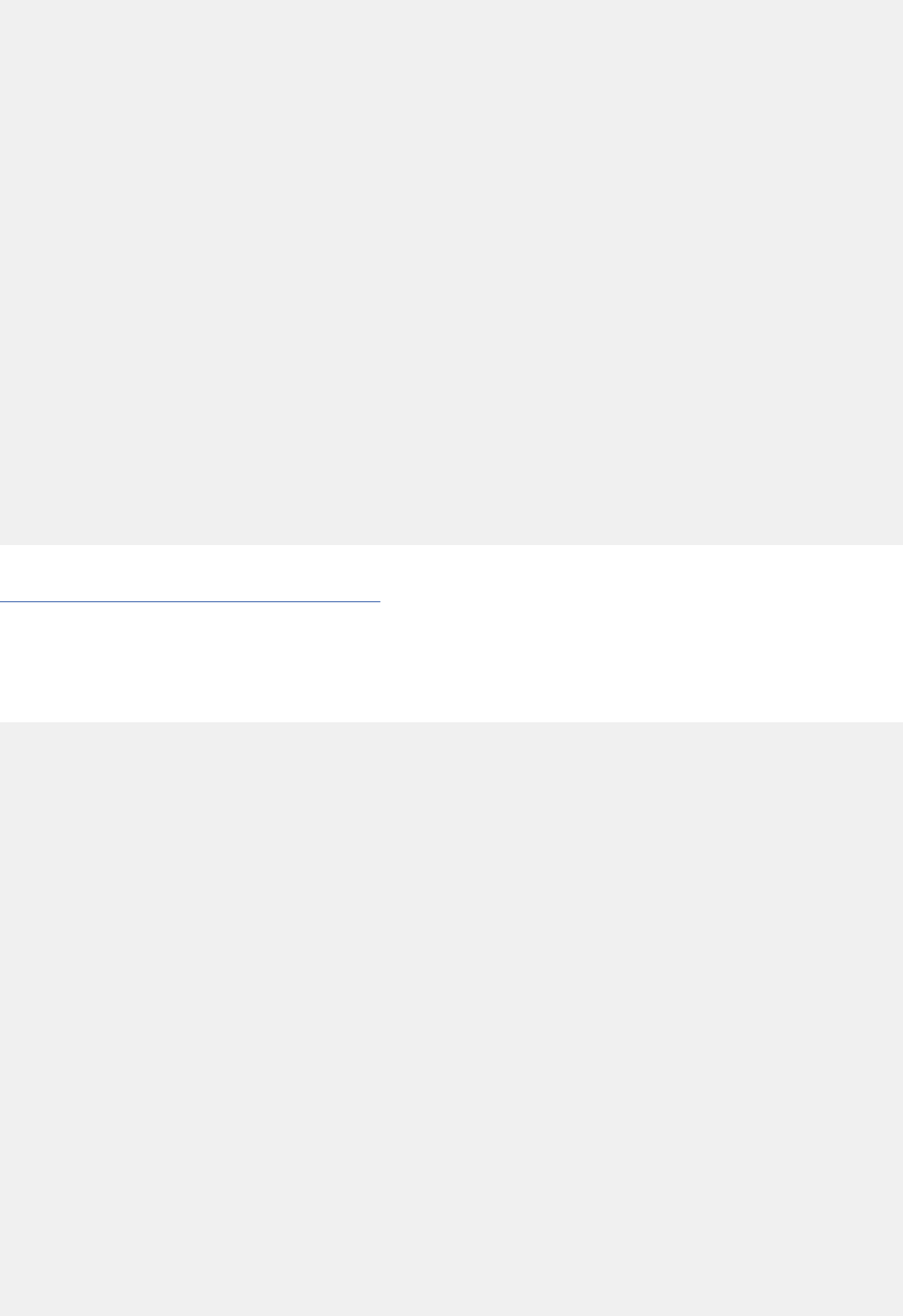
RETURN; 04090000
END; 04100000
04110000
IF COMPARM.OBJFLD='AE' THEN 04120002
DO; 04130000
CALL DSN8MPX; /* ACTIVITY ESTIMATE DETAIL */ 04140000
RETURN; 04150000
END; 04160000
04170000
IF COMPARM.OBJFLD='AS' THEN 04180002
DO; 04190000
CALL DSN8MPW; /* ACTIVITY STAFFING DETAIL */ 04200000
RETURN; 04210000
END; 04220000
04230000
/*MISSING DETAIL MODULE*/ 04240000
/*PRINT ERROR MESSAGE */ 04250000
CALL DSN8MPG (MODULE, '062E', OUTMSG); 04260000
PCONVSTA.MSG= OUTMSG; 04270000
PCONVSTA.PREV = ' '; /* NOT SEC SELECTION, ERROR */ 04280000
GO TO EXIT; 04290000
END DETAIL; 04300000
04310000
/*RETURNS TO SQL 1*/ 04320000
EXIT: EXEC CICS RETURN; 04330000
/* PROJECTS */ 04340000
EXEC SQL INCLUDE DSN8MPM; /* SEC SEL - PROJECTS */ 04350000
EXEC SQL INCLUDE DSN8MPT; /* DETAIL - PROJ ACT LISTING*/ 04360000
EXEC SQL INCLUDE DSN8MPV; /* DETAIL - PROJ STRUCTURE */ 04370000
EXEC SQL INCLUDE DSN8MPW; /* DETAIL - INDIVID STAFFING*/ 04380000
EXEC SQL INCLUDE DSN8MPX; /* DETAIL - INDIVID ACTIVITY*/ 04390000
EXEC SQL INCLUDE DSN8MPZ; /* DETAIL - INDIVIDUAL PROJ */ 04400000
END DSN8CP8; 04410000
Related reference
“Sample applications in CICS” on page 1401
A set of Db2 sample applications run in the CICS environment.
DSN8CP3
THIS MODULE LISTS EMPLOYEE PHONE NUMBERS AND UPDATES THEM IF DESIRED.
DSN8CP3: PROC OPTIONS (MAIN);
/*********************************************************************
* *
* MODULE NAME = DSN8CP3 *
* *
* DESCRIPTIVE NAME = DB2 SAMPLE APPLICATION *
* PHONE APPLICATION *
* CICS *
* PL/I *
* *
* Licensed Materials - Property of IBM *
* 5635-DB2 *
* (C) COPYRIGHT 1982, 2006 IBM Corp. All Rights Reserved. *
* *
* STATUS = Version 9 *
* *
* FUNCTION = THIS MODULE LISTS EMPLOYEE PHONE NUMBERS AND *
* UPDATES THEM IF DESIRED. *
* *
* NOTES = *
* DEPENDENCIES = THREE CICS MAPS(DSECTS) ARE REQUIRED: *
* DSN8MPMN, DSN8MPML, AND DSN8MPMU *
* RESTRICTIONS = NONE *
* *
* MODULE TYPE = PL/I PROC OPTIONS(MAIN) *
* PROCESSOR = DB2 PRECOMPILER, CICS TRANSLATOR, PL/I OPTIMIZER*
* MODULE SIZE = SEE LINKEDIT *
* ATTRIBUTES = REENTRANT *
* *
* ENTRY POINT = DSN8CP3 *
* PURPOSE = SEE FUNCTION *
* LINKAGE = INVOKED FROM CICS *
* *
* INPUT = PARAMETERS EXPLICITLY PASSED TO THIS FUNCTION: *
* INPUT-MESSAGE: *
* *
Chapter 12. Sample data and applications supplied with Db2 for z/OS
1443

* SYMBOLIC LABEL/NAME = DSN8CPNI *
* DESCRIPTION = PHONE MENU 1 (SELECT) *
* *
* SYMBOLIC LABEL/NAME = DSN8CPLI *
* DESCRIPTION = PHONE MENU 2 (LIST) *
* *
* SYMBOLIC LABEL/NAME = DSN8CPUI *
* DESCRIPTION = PHONE MENU 3 (UPDATE) *
* *
* SYMBOLIC LABEL/NAME = VPHONE *
* DESCRIPTION = VIEW OF TELEPHONE INFORMATION *
* *
* SYMBOLIC LABEL/NAME = VEMPLP *
* DESCRIPTION = VIEW OF EMPLOYEE INFORMATION *
* *
* OUTPUT = PARAMETERS EXPLICITLY RETURNED: *
* OUTPUT-MESSAGE: *
* *
* SYMBOLIC LABEL/NAME = DSN8CPNO *
* DESCRIPTION = PHONE MENU 1 (SELECT) *
* *
* SYMBOLIC LABEL/NAME = DSN8CPLO *
* DESCRIPTION = PHONE MENU 2 (LIST) *
* *
* SYMBOLIC LABEL/NAME = DSN8CPUO *
* DESCRIPTION = PHONE MENU 3 (UPDATE) *
* *
* EXIT-NORMAL = RETURN CODE 0 NORMAL COMPLETION *
* *
* EXIT-ERROR = *
* *
* RETURN CODE = NONE *
* *
* ABEND CODES = NONE *
* *
* *
* ERROR-MESSAGES = *
* DSN8004I - EMPLOYEE SUCCESSFULLY UPDATED *
* DSN8007E - EMPLOYEE DOES NOT EXIST, UPDATE NOT DONE *
* DSN8008I - NO EMPLOYEE FOUND IN TABLE *
* DSN8057I - FURTHER ENTRIES IN TABLE - UPDATE POSSIBLE *
* DSN8060E - SQL ERROR, RETURN CODE IS: *
* *
* EXTERNAL REFERENCES = *
* ROUTINES/SERVICES = *
* DSN8MPG - ERROR MESSAGE ROUTINE *
* *
* DATA-AREAS = *
* IN_MESSAGE - VIA BMS, SEE INPUT PARAMETERS *
* OUT_MESSAGE - VIA BMS, SEE OUTPUT PARAMTERS *
* DSN8MPML - DECLARE FOR DSN8CPL CICS MAP *
* DSN8MPMN - DECLARE FOR DSN8CPN CICS MAP *
* DSN8MPMU - DECLARE FOR DSN8CPU CICS MAP *
* *
* CONTROL-BLOCKS = *
* SQLCA - SQL COMMUNICATION AREA *
* *
* TABLES = NONE *
* *
* *
* CHANGE-ACTIVITY = *
* PQ92146 09/07/04 CHANGE DECLARED LENGTH OF BMS_IO FROM 32767 @01*
* TO 1408 TO STOP IBM2402I COMPILE-TIME ERROR @01*
* *
* *
* *PSEUDOCODE* *
* *
* PROCEDURE *
* GET FIRST INPUT *
* DO WHILE MORE INPUT *
* GET REPORT HEADING *
* *
* CASE (ACTION) *
* *
* SUBCASE ('L') *
* IF LASTNAME IS '*' *
* LIST ALL EMPLOYEES *
* ELSE *
* IF LASTNAME CONTAINS '%' *
* LIST EMPLOYEES GENERIC *
* ELSE *
* LIST EMPLOYEES SPECIFIC *
1444
Db2 12 for z/OS: Application Programming and SQL Guide (Last updated: 2024-07-30)

* ENDSUB *
* *
* SUBCASE ('U') *
* UPDATE PHONENUMBER FOR EMPLOYEE *
* WRITE CONFIRMATION MESSAGE *
* OTHERWISE *
* INVALID REQUEST *
* ENDSUB *
* *
* GET NEXT INPUT *
* ENDCASE *
* *
* IF SQL ERROR OCCURS THEN *
* FORMAT ERROR MESSAGE *
* ROLLBACK *
* END *
* END. *
*-------------------------------------------------------------------*/
/*-------------------------------------------------------------------*
* *
* MODULE NAME = DSN8CP3 *
* KDB0010 *
* *
* *
*-------------------------------------------------------------------*/
1/********************************************************************/
/* DECLARATION FOR INPUT / OUTPUT */
/********************************************************************/
EXEC SQL INCLUDE DSN8MPMN ;
EXEC SQL INCLUDE DSN8MPML ;
EXEC SQL INCLUDE DSN8MPMU ;
0DCL 1 SUBMAPI(15) UNALIGNED BASED(ADDR(DSN8CU2I.NEWNO1L)),
2 NEWNOL FIXED BIN(15,0),
2 NEWNOA CHAR(1),
2 NEWNOD CHAR(4),
2 ENOL FIXED BIN(15,0),
2 ENOA CHAR(1),
2 ENOD CHAR(6);
0DCL 1 SUBMAPO(15) UNALIGNED BASED(ADDR(DSN8CL2I.FNAME1L)),
2 FNAMEL FIXED BIN(15,0),
2 FNAMEA CHAR(1),
2 FNAMED CHAR(12),
2 MINITL FIXED BIN(15,0),
2 MINITA CHAR(1),
2 MINITD CHAR(1),
2 LNAMEL FIXED BIN(15,0),
2 LNAMEA CHAR(1),
2 LNAMED CHAR(15),
2 PNOL FIXED BIN(15,0),
2 PNOA CHAR(1),
2 PNOD CHAR(4),
2 ENOL FIXED BIN(15,0),
2 ENOA CHAR(1),
2 ENOD CHAR(6),
2 WDEPTL FIXED BIN(15,0),
2 WDEPTA CHAR(1),
2 WDEPTD CHAR(3),
2 WNAMEL FIXED BIN(15,0),
2 WNAMEA CHAR(1),
2 WNAMED CHAR(31);
/***** HOLDS BYTE-COUNT OF STORAGE ALLOCATED TO BMS OUTPUT AREA *****/
DCL BMS_LL BIN FIXED( 31 ) INIT( STG(DSN8CL2I) );/*@EDVG*/
/******* MASK/OVERLAY OF STORAGE ALLOCATED TO BMS OUTPUT AREA *******/
DCL BMS_IO CHAR( 1408 ) BASED( ADDR(DSN8CL2I) ); /*@01*/
1/********************************************************************/
/* DECLARATION FOR PGM-LOGIC */
/********************************************************************/
DCL FIRST BIT(1);
DCL PAGING BIT(1);
DCL OFLOW BIT(1);
DCL EMPLOYEE_NO CHAR (6);
DCL PHONE_NO CHAR (4);
DCL CHAR_SQLCODE CHAR (14);
DCL 1 CHAR_SQLSTR BASED(ADDR(CHAR_SQLCODE)),
2 CHAR_BLNK CHAR(4),
2 CHAR_SQLCOD CHAR(10);
1/***************************************************/
/* FIELDS SENT TO MESSAGE ROUTINE */
Chapter 12. Sample data and applications supplied with Db2 for z/OS
1445

/***************************************************/
DCL MODULE CHAR (7) INIT('DSN8CP3');
DCL OUTMSG CHAR (69);
DCL DSN8MPG EXTERNAL ENTRY;
1/********************************************************************/
/* DECLARATION FOR SQL */
/********************************************************************/
0EXEC SQL INCLUDE SQLCA; /* SQL COMMUNICATION AREA */
/* SQL DECLARATION FOR VIEW PHONE */
EXEC SQL DECLARE VPHONE TABLE
(LASTNAME VARCHAR(15) ,
FIRSTNAME VARCHAR(12) ,
MIDDLEINITIAL CHAR(1) ,
PHONENUMBER CHAR(4) ,
EMPLOYEENUMBER CHAR(6) ,
DEPTNUMBER CHAR(3) NOT NULL,
DEPTNAME VARCHAR(36) NOT NULL);
/* STUCTURE FOR PHONE RECORD */
DCL 1 PPHONE,
2 LASTNAME CHAR (15) VAR,
2 FIRSTNAME CHAR (12) VAR,
2 MIDDLEINITIAL CHAR (1),
2 PHONENUMBER CHAR (4),
2 EMPLOYEENUMBER CHAR (6),
2 DEPTNUMBER CHAR (3),
2 DEPTNAME CHAR (36) VAR;
/* SQL DECLARATION FOR VIEW VEMPLP*/
EXEC SQL DECLARE VEMPLP TABLE
(EMPLOYEENUMBER CHAR(6) ,
PHONENUMBER CHAR(4));
/* STRUCTURE FOR PEMPLP RECORD */
DCL 1 PEMP,
2 EMPLOYEENUMBER CHAR (6),
2 PHONENUMBER CHAR (4);
1/********************************************************************/
/* SQL CURSORS */
/********************************************************************/
EXEC SQL DECLARE TELE1 CURSOR FOR
SELECT *
FROM VPHONE;
EXEC SQL DECLARE TELE2 CURSOR FOR
SELECT *
FROM VPHONE
WHERE LASTNAME LIKE :DSN8CN2I.LNAMEI
AND FIRSTNAME LIKE :DSN8CN2I.FNAMEI;
EXEC SQL DECLARE TELE3 CURSOR FOR
SELECT *
FROM VPHONE
WHERE LASTNAME = :DSN8CN2I.LNAMEI
AND FIRSTNAME LIKE :DSN8CN2I.FNAMEI;
1/********************************************************************/
/* SQL RETURN CODE HANDLING */
/********************************************************************/
EXEC SQL WHENEVER SQLERROR GOTO P3_DBERROR;
EXEC SQL WHENEVER SQLWARNING GOTO P3_DBERROR;
EXEC SQL WHENEVER NOT FOUND CONTINUE;
1/********************************************************************/
/* MAIN PROGRAM ROUTINE */
/********************************************************************/
/* SET HANDLE CONDITIONS */
EXEC CICS HANDLE CONDITION MAPFAIL (P3_MAPFAIL);
EXEC CICS HANDLE AID CLEAR (P3_CLEAR);
/******************** CLEAR THE BMS OUTPUT AREA ********************/
SUBSTR(BMS_IO,1,BMS_LL) = LOW(BMS_LL) ; /*@EDVG*/
P3_START:
FIRST = '1'B; /*INITIALIZE FIRST BIT */
OFLOW = '0'B; /*INITIALIZE OVERFLOW BIT*/
SELECT (EIBTRNID); /* SELECT ACTION */
WHEN ('D8PT') DO; /* LIST EMPLOYEES */
/* GET INPUT FROM SCREEN */
1446
Db2 12 for z/OS: Application Programming and SQL Guide (Last updated: 2024-07-30)

EXEC CICS RECEIVE MAP('DSN8CN2') MAPSET('DSN8CPN');
1/********************************************************************/
/* LIST ALL EMPLOYEES */
/********************************************************************/
IF DSN8CN2I.LNAMEI = '*' THEN /*LIST ALL EMPLOYEES */
DO;
EXEC SQL OPEN TELE1; /* OPEN CURSOR */
EXEC SQL FETCH TELE1 /* GET FIRST RECORD */
INTO :PPHONE;
I = 0; /* INITIALIZE COUNTER */
IF SQLCODE = 100 THEN /* NO EMPLOYEE FOUND */
DO; /* PRINT ERROR MESSAGE */
CALL DSN8MPG (MODULE, '008I', OUTMSG);
DSN8CN3I.EMSGI = OUTMSG;
EXEC CICS SEND MAP('DSN8CN3') MAPSET('DSN8CPN') ERASE;
EXEC CICS SEND MAP('DSN8CN2') MAPSET('DSN8CPN');
END;
DO WHILE (SQLCODE = 0); /*LIST EMPLOYEES*/
I = I + 1; /* INCREMENT COUNTER*/
PAGING = '1'B;
SUBMAPO.FNAMED(I) = PPHONE.FIRSTNAME;
SUBMAPO.MINITD(I) = PPHONE.MIDDLEINITIAL;
SUBMAPO.LNAMED(I) = PPHONE.LASTNAME;
SUBMAPO.PNOD(I) = PPHONE.PHONENUMBER;
SUBMAPO.ENOD(I) = PPHONE.EMPLOYEENUMBER;
SUBMAPO.WDEPTD(I) = PPHONE.DEPTNUMBER;
SUBMAPO.WNAMED(I) = PPHONE.DEPTNAME;
IF I = 15 THEN /*POSSIBLE OVERFLOW */
DO; /* PRINT ERROR MESSAGE*/
OFLOW = '1'B;
CALL DSN8MPG (MODULE, '057I', OUTMSG);
DSN8CL3O.EMSGO = OUTMSG;
END;
IF I = 15 THEN LEAVE; /* SCREEN IS FILLED */
EXEC SQL FETCH TELE1 /* GET NEXT RECORD */
INTO :PPHONE;
END; /* END OF WHILE */
EXEC SQL CLOSE TELE1; /* CLOSE CURSOR */
END; /* END OF IF */
1/********************************************************************/
/* LIST GENERIC EMPLOYEES */
/********************************************************************/
ELSE /* SELECT EMPLOYEES BY NAME*/
DO; /* SEARCH ON PART OF NAME? */
IF DSN8CN2I.LNAMEL = 0 THEN /* IS LAST NAME BLANK? */
DSN8CN2I.LNAMEI = '%%%%%%%%%%%%%%%'; /* YES, ANYTHING */
IF INDEX(DSN8CN2I.LNAMEI,'%') > 0 THEN /* IS IT A PATTERN*/
DO; /* YES, SEARCH ON */
/* PART OF LAST NAME */
DSN8CN2I.LNAMEI = TRANSLATE(DSN8CN2I.LNAMEI,'%',' ');
/*AND OPTIONALLY FIRST NAME*/
IF DSN8CN2I.FNAMEL = 0 THEN
DSN8CN2I.FNAMEI = '%%%%%%%%%%%%';
ELSE
DSN8CN2I.FNAMEI = TRANSLATE(DSN8CN2I.FNAMEI,'%',' ');
EXEC SQL OPEN TELE2; /* OPEN CURSOR */
EXEC SQL FETCH TELE2 /* GET FIRST RECORD */
INTO :PPHONE;
I = 0; /* INITIALIZE COUNTER */
IF SQLCODE = 100 THEN /* EMPLOYEE NOT FOUND */
DO; /* PRINT ERROR MESSAGE */
CALL DSN8MPG (MODULE, '008I', OUTMSG);
DSN8CN3I.EMSGI = OUTMSG;
EXEC CICS SEND MAP('DSN8CN3') MAPSET('DSN8CPN') ERASE;
EXEC CICS SEND MAP('DSN8CN2') MAPSET('DSN8CPN');
Chapter 12. Sample data and applications supplied with Db2 for z/OS
1447

END;
DO WHILE (SQLCODE = 0); /* LIST EMPLOYEES */
I = I + 1; /* INCREMENT COUNTER */
PAGING = '1'B;
SUBMAPO.FNAMED(I) = PPHONE.FIRSTNAME;
SUBMAPO.MINITD(I) = PPHONE.MIDDLEINITIAL;
SUBMAPO.LNAMED(I) = PPHONE.LASTNAME;
SUBMAPO.PNOD(I) = PPHONE.PHONENUMBER;
SUBMAPO.ENOD(I) = PPHONE.EMPLOYEENUMBER;
SUBMAPO.WDEPTD(I) = PPHONE.DEPTNUMBER;
SUBMAPO.WNAMED(I) = PPHONE.DEPTNAME;
IF I = 15 THEN /*POSSIBLE OVERFLOW */
DO; /* PRINT ERROR MESSAGE*/
OFLOW = '1'B;
CALL DSN8MPG (MODULE, '057I', OUTMSG);
DSN8CL3O.EMSGO = OUTMSG;
END;
IF I = 15 THEN LEAVE; /* SCREEN IS FILLED */
EXEC SQL FETCH TELE2 /* GET NEXT RECORD */
INTO :PPHONE;
END; /* END OF DO WHILE */
EXEC SQL CLOSE TELE2; /* CLOSE CURSOR */
END; /* END OF IF */
1/********************************************************************/
/* LIST SPECIFIC EMPLOYEE(S) */
/********************************************************************/
ELSE /* SEARCH ON LAST NAME */
DO; /*AND OPTIONALLY FIRST NAME*/
IF DSN8CN2I.FNAMEL = 0 THEN
DSN8CN2I.FNAMEI = '%%%%%%%%%%%%';
ELSE
DSN8CN2I.FNAMEI = TRANSLATE(DSN8CN2I.FNAMEI,'%',' ');
EXEC SQL OPEN TELE3; /* OPEN CURSOR */
EXEC SQL FETCH TELE3 /* GET FIRST RECORD */
INTO :PPHONE;
I = 0; /* INITIALIZE COUNTER */
IF SQLCODE = 100 THEN /* EMPLOYEE NOT FOUND */
DO; /* PRINT ERROR MESSAGE */
CALL DSN8MPG (MODULE, '008I', OUTMSG);
DSN8CN3I.EMSGI = OUTMSG;
EXEC CICS SEND MAP('DSN8CN3') MAPSET('DSN8CPN') ERASE;
EXEC CICS SEND MAP('DSN8CN2') MAPSET('DSN8CPN');
END;
DO WHILE (SQLCODE = 0); /* LIST EMPLOYEE(S) */
I = I + 1; /* INCREMENT COUNTER */
PAGING = '1'B;
SUBMAPO.FNAMED(I) = PPHONE.FIRSTNAME;
SUBMAPO.MINITD(I) = PPHONE.MIDDLEINITIAL;
SUBMAPO.LNAMED(I) = PPHONE.LASTNAME;
SUBMAPO.PNOD(I) = PPHONE.PHONENUMBER;
SUBMAPO.ENOD(I) = PPHONE.EMPLOYEENUMBER;
SUBMAPO.WDEPTD(I) = PPHONE.DEPTNUMBER;
SUBMAPO.WNAMED(I) = PPHONE.DEPTNAME;
IF I = 15 THEN /*POSSIBLE OVERFLOW */
DO; /* PRINT ERROR MESSAGE*/
OFLOW = '1'B;
CALL DSN8MPG (MODULE, '057I', OUTMSG);
DSN8CL3O.EMSGO = OUTMSG;
END;
IF I = 15 THEN LEAVE; /* SCREEN IS FILLED */
EXEC SQL FETCH TELE3 /* GET NEXT RECORD */
INTO :PPHONE;
END; /* END OF DO WHILE */
EXEC SQL CLOSE TELE3; /* CLOSE CURSOR */
END; /* END OF ELSE */
1448
Db2 12 for z/OS: Application Programming and SQL Guide (Last updated: 2024-07-30)

END; /* END OF IF */
IF PAGING THEN
DO;
PAGING = '0'B;
EXEC CICS SEND MAP ('DSN8CL1') MAPSET('DSN8CPL') ERASE
ACCUM PAGING;
EXEC CICS SEND MAP ('DSN8CL2') MAPSET('DSN8CPL')
ACCUM PAGING;
IF OFLOW THEN
DO;
OFLOW = '0'B;
EXEC CICS SEND MAP ('DSN8CL3') MAPSET('DSN8CPL')
ACCUM PAGING;
END;
EXEC CICS SEND PAGE;
EXEC CICS RETURN TRANSID('D8PU');
END; /* END OF IF */
ELSE EXEC CICS RETURN TRANSID ('D8PT');
END; /* END OF WHEN */
/* CHANGE ERROR HANDLING */
/* FOR UPDATE */
EXEC SQL WHENEVER SQLERROR CONTINUE;
EXEC SQL WHENEVER SQLWARNING CONTINUE;
1/********************************************************************/
/* UPDATES PHONE NUMBERS FOR EMPLOYEES */
/********************************************************************/
WHEN ('D8PU') DO; /* TELEPHONE UPDATE */
/* GET UPDATED DATA */
EXEC CICS RECEIVE MAP('DSN8CU2') MAPSET('DSN8CPU');
/* FIND WHICH NUMBERS HAVE */
/* BEEN UPDATED */
DSN8CN3I.EMSGI = ''; /* SET IN CASE NO UPDATES */
DO I = 1 TO 15;
IF SUBMAPI.NEWNOL(I) = 0 THEN; /* NO UPDATE ON THIS LINE */
ELSE
DO;
EMPLOYEE_NO = SUBMAPI.ENOD(I);
PHONE_NO = SUBMAPI.NEWNOD(I);
EXEC SQL UPDATE VEMPLP /* PERFORM UPDATE */
SET PHONENUMBER = :PHONE_NO
WHERE EMPLOYEENUMBER = :EMPLOYEE_NO;
IF SQLCODE ^= 0 THEN
DO; /* UPDATE FAILED */
/* PRINT ERROR MESSAGE */
CALL DSN8MPG (MODULE, '007E', OUTMSG);
DSN8CU3I.EMSGI = OUTMSG;
EXEC CICS SEND MAP('DSN8CU3') MAPSET('DSN8CPU');
GOTO P3_DBERROR2;
END;
/* UPDATE SUCCESSFUL*/
/* PRINT CONFIRMATION */
ELSE /* MESSAGE */
DO;
CALL DSN8MPG (MODULE, '004I', OUTMSG);
DSN8CN3I.EMSGI = OUTMSG;
END;
END; /* END ELSE */
END; /* END FOR */
EXEC CICS SEND MAP('DSN8CN3') MAPSET('DSN8CPN') ERASE;
EXEC CICS SEND MAP('DSN8CN2') MAPSET('DSN8CPN') ;
EXEC CICS RETURN TRANSID('D8PT');
END; /* END WHEN */
OTHERWISE GOTO P3_CLEAR; /* WRONG TX CODE */
END; /* END SELECT */
GOTO P3_END;
P3_MAPFAIL: /* D8PT FROM UNFORMATTED */
/* SCREEN */
/* MAP ONLY */
EXEC CICS SEND MAP('DSN8CN2') MAPONLY MAPSET('DSN8CPN') ERASE;
EXEC CICS RETURN TRANSID('D8PT');
1/********************************************************************/
/* SQL ERROR HANDLING */
/********************************************************************/
Chapter 12. Sample data and applications supplied with Db2 for z/OS
1449

P3_DBERROR: /* SQL ERROR HANDLING */
CALL DSN8MPG (MODULE, '060E', OUTMSG);
CHAR_SQLCODE = SQLCODE;
DSN8CN3I.EMSGI = OUTMSG||CHAR_SQLCOD;
EXEC CICS SEND MAP('DSN8CN3') MAPSET('DSN8CPN') ;
P3_DBERROR2:
EXEC CICS SEND PAGE ; /* PERFORM ROLLBACK */
EXEC CICS SYNCPOINT ROLLBACK;
EXEC CICS RETURN;
P3_CLEAR: /* CLEAR SCREEN */
EXEC CICS SEND CONTROL FREEKB ;
EXEC CICS RETURN;
/********************************************************************/
P3_END: /* PROGRAM END */
END DSN8CP3;
Related reference
“Sample applications in CICS” on page 1401
A set of Db2 sample applications run in the CICS environment.
DSNTEJ5C
THIS JCL PERFORMS THE PHASE 5 SETUP FOR THE SAMPLE APPLICATIONS AT SITES WITH COBOL.
//*********************************************************************
//* NAME = DSNTEJ5C
//*
//* DESCRIPTIVE NAME = DB2 SAMPLE APPLICATION
//* PHASE 5
//* COBOL, CICS
//*
//* Licensed Materials - Property of IBM
//* 5650-DB2
//* (C) COPYRIGHT 1982, 2016 IBM Corp. All Rights Reserved.
//*
//* STATUS = Version 12
//*
//* FUNCTION = THIS JCL PERFORMS THE PHASE 5 SETUP FOR THE SAMPLE
//* APPLICATIONS AT SITES WITH COBOL. IT PREPARES THE
//* COBOL CICS PROGRAM.
//*
//* RUN THIS JOB ANYTIME AFTER PHASE 2.
//*
//* CHANGE ACTIVITY =
//* 08/18/2014 Single-phase migration s21938_inst1 s21938
//*
//*********************************************************************
//JOBLIB DD DSN=DSN!!0.SDSNEXIT,DISP=SHR
// DD DSN=DSN!!0.SDSNLOAD,DISP=SHR
// DD DSN=CICSTS.SDFHLOAD,DISP=SHR
//*
//* STEP 1: CREATE CICS LOGICAL MAP
//MAPG EXEC DFHASMVS,PARM='DECK,NOOBJECT,SYSPARM(DSECT)',
// OUTC='*'
//SYSPUNCH DD DSN=DSN!!0.SRCLIB.DATA(DSN8MCMG),
// DISP=OLD
//SYSIN DD DSN=DSN!!0.SDSNSAMP(DSN8CCG),
// DISP=SHR
//*
//* STEP 2: CREATE CICS LOGICAL MAP
//MAPD EXEC DFHASMVS,PARM='DECK,NOOBJECT,SYSPARM(DSECT)',
// COND=(4,LT),OUTC='*'
//SYSPUNCH DD DSN=DSN!!0.SRCLIB.DATA(DSN8MCMD),
// DISP=OLD
//SYSIN DD DSN=DSN!!0.SDSNSAMP(DSN8CCD),
// DISP=SHR
//*
//* STEP 3: PREPARE CICS COBOL PROGRAMS
//DSNH EXEC PGM=IKJEFT01,COND=(4,LT),DYNAMNBR=50
//SYSTSPRT DD SYSOUT=*
//SYSTERM DD SYSOUT=*
//SYSPRINT DD SYSOUT=*
//SYSUDUMP DD SYSOUT=*
//SYSOUT DD SYSOUT=*
//SYSPROC DD DSN=DSN!!0.SDSNCLST,DISP=SHR
//SYSTSIN DD *
%DSNH INPUT('''DSN!!0.SDSNSAMP(DSN8CC0)''') +
PLIB('''DSN!!0.SRCLIB.DATA''') +
1450
Db2 12 for z/OS: Application Programming and SQL Guide (Last updated: 2024-07-30)

P2LIB('''DSN!!0.SDSNSAMP''') +
TERM(LEAVE) PRINT(LEAVE) SOURCE(NO) XREF(NO) +
HOST(IBMCOB) RUN(CICS) BIND(NO) +
DELIM(APOST) SQLDELIM(APOSTSQL) +
DBRMLIB('''DSN!!0.DBRMLIB.DATA''') +
PRELINK(YES) +
LLIB('''DSN!!0.RUNLIB.LOAD''') +
COBICOMP('''IGY.V!R!M!.SIGYCOMP(IGYCRCTL)''') +
COPTION('''NOSEQUENCE,QUOTE,RENT,PGMNAME(LONGUPPER)''') +
LOPTION('LIST,XREF,MAP,RENT') +
STDSQL(NO) +
XLIB('''DSN!!0.SDSNLOAD''') +
LOAD('''DSN!!0.RUNLIB.LOAD''')
%DSNH INPUT('''DSN!!0.SDSNSAMP(DSN8CC1)''') +
PLIB('''DSN!!0.SRCLIB.DATA''') +
P2LIB('''DSN!!0.SDSNSAMP''') +
TERM(LEAVE) PRINT(LEAVE) SOURCE(NO) XREF(NO) +
HOST(IBMCOB) RUN(CICS) BIND(NO) +
DELIM(APOST) SQLDELIM(APOSTSQL) +
DBRMLIB('''DSN!!0.DBRMLIB.DATA''') +
PRELINK(YES) +
LLIB('''DSN!!0.RUNLIB.LOAD''') +
COBICOMP('''IGY.V!R!M!.SIGYCOMP(IGYCRCTL)''') +
COPTION('''NOSEQUENCE,QUOTE,RENT,PGMNAME(LONGUPPER)''') +
LOPTION('LIST,XREF,MAP,RENT') +
STDSQL(NO) +
XLIB('''DSN!!0.SDSNLOAD''') +
LOAD('''DSN!!0.RUNLIB.LOAD''')
%DSNH INPUT('''DSN!!0.SDSNSAMP(DSN8CC2)''') +
PLIB('''DSN!!0.SRCLIB.DATA''') +
P2LIB('''DSN!!0.SDSNSAMP''') +
TERM(LEAVE) PRINT(LEAVE) SOURCE(NO) XREF(NO) +
HOST(IBMCOB) RUN(CICS) BIND(NO) +
DELIM(APOST) SQLDELIM(APOSTSQL) +
DBRMLIB('''DSN!!0.DBRMLIB.DATA''') +
PRELINK(YES) +
LLIB('''DSN!!0.RUNLIB.LOAD''') +
COBICOMP('''IGY.V!R!M!.SIGYCOMP(IGYCRCTL)''') +
COPTION('''NOSEQUENCE,QUOTE,RENT,PGMNAME(LONGUPPER)''') +
LOPTION('LIST,XREF,MAP,RENT') +
STDSQL(NO) +
XLIB('''DSN!!0.SDSNLOAD''') +
LOAD('''DSN!!0.RUNLIB.LOAD''')
//*
//* STEP 4: BIND THE PROGRAM
//BIND EXEC PGM=IKJEFT01,DYNAMNBR=20,COND=(4,LT)
//DBRMLIB DD DSN=DSN!!0.DBRMLIB.DATA,DISP=SHR
//SYSUDUMP DD SYSOUT=*
//SYSTSPRT DD SYSOUT=*
//SYSPRINT DD SYSOUT=*
//SYSIN DD *
SET CURRENT SQLID = 'SYSADM';
GRANT BIND, EXECUTE ON PLAN DSN8CC0
TO PUBLIC;
//SYSTSIN DD *
DSN SYSTEM(DSN)
BIND PACKAGE (DSN8CC!!) MEMBER(DSN8CC0) APPLCOMPAT(V!!R1) +
ACT(REP) ISO(CS) CURRENTDATA(YES) ENCODING(EBCDIC)
BIND PACKAGE (DSN8CC!!) MEMBER(DSN8CC1) APPLCOMPAT(V!!R1) +
ACT(REP) ISO(CS) CURRENTDATA(YES) ENCODING(EBCDIC)
BIND PACKAGE (DSN8CC!!) MEMBER(DSN8CC2) APPLCOMPAT(V!!R1) +
ACT(REP) ISO(CS) CURRENTDATA(YES) ENCODING(EBCDIC)
BIND PLAN(DSN8CC0) PKLIST(DSN8CC!!.*) -
ACTION(REPLACE) RETAIN +
ISO(CS) CURRENTDATA(YES) ENCODING(EBCDIC)
RUN PROGRAM(DSNTIAD) PLAN(DSNTIA!!) -
LIB('DSN!!0.RUNLIB.LOAD')
END
//*
//* STEP 5: CREATE THE CICS BMS PHYSICAL MAP
//MAPGP EXEC DFHASMVS,COND=(4,LT),OUTC='*'
//SYSPUNCH DD DSN=&&TEMP,
// DISP=(,PASS),
// UNIT=SYSDA,SPACE=(1024,(100,10)),
// DCB=(RECFM=F,BLKSIZE=80)
//SYSIN DD DSN=DSN!!0.SDSNSAMP(DSN8CCG),
// DISP=SHR
//*
//* STEP 6: LINKEDIT THE CICS BMS PHYSICAL MAP
//MAPGL EXEC PGM=IEWL,PARM='LIST,LET,XREF',COND=(4,LT)
//SYSUT1 DD UNIT=SYSDA,SPACE=(1024,(100,10))
//SYSLMOD DD DSN=DSN!!0.RUNLIB.LOAD,DISP=SHR
Chapter 12. Sample data and applications supplied with Db2 for z/OS
1451
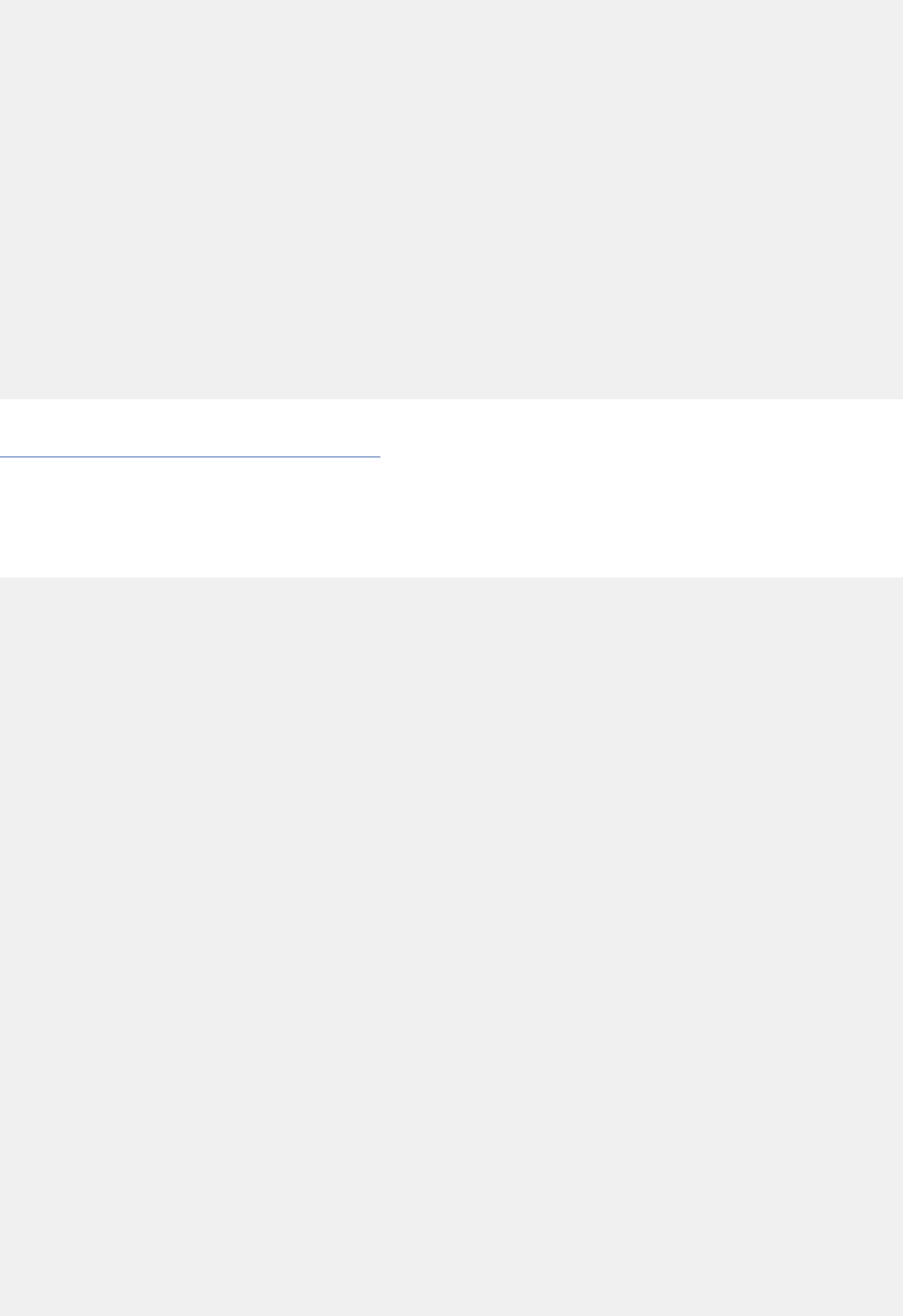
//SYSPRINT DD SYSOUT=*
//SYSUDUMP DD SYSOUT=*
//SYSLIN DD DSN=&&TEMP,DISP=(OLD,DELETE)
// DD *
NAME DSN8CCG(R)
//*
//* STEP 7: CREATE THE CICS BMS PHYSICAL MAP
//MAPDP EXEC DFHASMVS,COND=(4,LT),OUTC='*'
//SYSPUNCH DD DSN=&&TEMP,
// DISP=(,PASS),
// UNIT=SYSDA,SPACE=(1024,(100,10)),
// DCB=(RECFM=F,BLKSIZE=80)
//SYSIN DD DSN=DSN!!0.SDSNSAMP(DSN8CCD),
// DISP=SHR
//*
//* STEP 8: LINKEDIT THE CICS BMS PHYSICAL MAP
//MAPDL EXEC PGM=IEWL,PARM='LIST,LET,XREF',COND=(4,LT)
//SYSUT1 DD UNIT=SYSDA,SPACE=(1024,(100,10))
//SYSLMOD DD DSN=DSN!!0.RUNLIB.LOAD,DISP=SHR
//SYSPRINT DD SYSOUT=*
//SYSUDUMP DD SYSOUT=*
//SYSLIN DD DSN=&&TEMP,DISP=(OLD,DELETE)
// DD *
NAME DSN8CCD(R)
Related reference
“Sample applications in CICS” on page 1401
A set of Db2 sample applications run in the CICS environment.
DSNTEJ5P
THIS JCL PERFORMS THE PHASE 5 SETUP FOR THE SAMPLE APPLICATIONS AT SITES WITH PL/I.
//*********************************************************************
//* NAME = DSNTEJ5P
//*
//* DESCRIPTIVE NAME = DB2 SAMPLE APPLICATION
//* PHASE 5
//* PL/I, CICS
//*
//* Licensed Materials - Property of IBM
//* 5650-DB2
//* (C) COPYRIGHT 1982, 2016 IBM Corp. All Rights Reserved.
//*
//* STATUS = Version 12
//*
//* FUNCTION = THIS JCL PERFORMS THE PHASE 5 SETUP FOR THE SAMPLE
//* APPLICATIONS AT SITES WITH PL/I. IT PREPARES THE
//* PL/I CICS PROGRAM.
//*
//* RUN THIS JOB ANYTIME AFTER PHASE 2.
//*
//* CHANGE ACTIVITY =
//* 08/18/2014 Single-phase migration s21938_inst1 s21938
//*
//*********************************************************************
//*
//JOBLIB DD DISP=SHR,DSN=CICSTS.SDFHLOAD
// DD DISP=SHR,DSN=DSN!!0.SDSNLOAD
//*
//* STEP 1: CREATE CICS BMS LOGICAL MAPS
//PH05PS01 EXEC DFHASMVS,PARM='DECK,NOOBJECT,SYSPARM(DSECT)',
// OUTC='*'
//SYSPUNCH DD DSN=DSN!!0.SRCLIB.DATA(DSN8MPMG),
// DISP=OLD
//SYSIN DD DSN=DSN!!0.SDSNSAMP(DSN8CPG),
// DISP=SHR
//*
//* STEP 2: CREATE CICS BMS LOGICAL MAPS
//PH05PS02 EXEC DFHASMVS,PARM='DECK,NOOBJECT,SYSPARM(DSECT)',
// COND=(4,LT),OUTC='*'
//SYSPUNCH DD DSN=DSN!!0.SRCLIB.DATA(DSN8MPMD),
// DISP=OLD
//SYSIN DD DSN=DSN!!0.SDSNSAMP(DSN8CPD),
// DISP=SHR
//*
//* STEP 3: CREATE CICS BMS LOGICAL MAPS
//PH05PS03 EXEC DFHASMVS,PARM='DECK,NOOBJECT,SYSPARM(DSECT)',
1452
Db2 12 for z/OS: Application Programming and SQL Guide (Last updated: 2024-07-30)

// COND=(4,LT),OUTC='*'
//SYSPUNCH DD DSN=DSN!!0.SRCLIB.DATA(DSN8MPMN),
// DISP=OLD
//SYSIN DD DSN=DSN!!0.SDSNSAMP(DSN8CPN),
// DISP=SHR
//*
//* STEP 4: CREATE CICS BMS LOGICAL MAPS
//PH05PS04 EXEC DFHASMVS,PARM='DECK,NOOBJECT,SYSPARM(DSECT)',
// COND=(4,LT),OUTC='*'
//SYSPUNCH DD DSN=DSN!!0.SRCLIB.DATA(DSN8MPML),
// DISP=OLD
//SYSIN DD DSN=DSN!!0.SDSNSAMP(DSN8CPL),
// DISP=SHR
//*
//* STEP 5: CREATE CICS BMS LOGICAL MAPS
//PH05PS05 EXEC DFHASMVS,PARM='DECK,NOOBJECT,SYSPARM(DSECT)',
// COND=(4,LT),OUTC='*'
//SYSPUNCH DD DSN=DSN!!0.SRCLIB.DATA(DSN8MPMU),
// DISP=OLD
//SYSIN DD DSN=DSN!!0.SDSNSAMP(DSN8CPU),
// DISP=SHR
//*
//* STEP 6: CICS TRANSLATE FOR SQL 0 PART
//PH05PS06 EXEC PGM=DFHEPP1$,COND=(4,LT)
//SYSPRINT DD SYSOUT=*
//SYSUDUMP DD SYSOUT=*
//SYSPUNCH DD DSN=&&CICSOUT0,
// DISP=(NEW,PASS),
// UNIT=SYSDA,SPACE=(400,(100,100)),
// DCB=BLKSIZE=400
//SYSIN DD DSN=DSN!!0.SDSNSAMP(DSN8CP0),
// DISP=SHR
//*
//* STEP 7: PREPARE SQL 0 PART
//PH05PS07 EXEC DSNHPLI,MEM=DSN8CP0,
// COND=(4,LT),
// PARM.PPLI='MACRO,NOSYNTAX,MDECK,NOINSOURCE,NOSOURCE',
// PARM.PC='HOST(PLI),CCSID(37),NOGRAPHIC,STDSQL(NO)',
// PARM.PLI=('NOPT,SOURCE,OBJECT,MARGINS(2,72,0)',
// 'LIMITS(EXTNAME(7)),OPTIONS','SYSTEM(CICS)'),
// PARM.LKED='NCAL'
//PPLI.SYSIN DD DSN=&&CICSOUT0,DISP=(OLD,DELETE)
//PPLI.SYSLIB DD DSN=CICSTS.SDFHPL1,
// DISP=SHR
//PC.DBRMLIB DD DSN=DSN!!0.DBRMLIB.DATA(DSN8CP0),
// DISP=SHR
//PC.SYSCIN DD DSN=&&DSNHOUT0
//PC.SYSLIB DD DSN=DSN!!0.SRCLIB.DATA,
// DISP=SHR
// DD DSN=DSN!!0.SDSNSAMP,
// DISP=SHR
//PLI.SYSIN DD DSN=&&DSNHOUT0
//LKED.SYSLMOD DD DSN=DSN!!0.RUNLIB.LOAD(DSN8CP0),
// DISP=SHR
//LKED.SYSIN DD DUMMY
//*
//* STEP 8: CICS TRANSLATE FOR SQL 1 PART
//PH05PS08 EXEC PGM=DFHEPP1$,COND=(4,LT)
//SYSPRINT DD SYSOUT=*
//SYSUDUMP DD SYSOUT=*
//SYSPUNCH DD DSN=&&CICSOUT1,
// DISP=(NEW,PASS),
// UNIT=SYSDA,SPACE=(400,(100,100)),
// DCB=BLKSIZE=400
//SYSIN DD DSN=DSN!!0.SDSNSAMP(DSN8CP1),
// DISP=SHR
//*
//* STEP 9: PREPARE SQL 1 PART
//PH05PS09 EXEC DSNHPLI,MEM=DSN8CP1,
// COND=(4,LT),
// PARM.PPLI='MACRO,NOSYNTAX,MDECK,NOINSOURCE,NOSOURCE',
// PARM.PC='HOST(PLI),CCSID(37),NOGRAPHIC,STDSQL(NO)',
// PARM.PLI=('NOPT,SOURCE,OBJECT,MARGINS(2,72,0)',
// 'LIMITS(EXTNAME(7)),OPTIONS','SYSTEM(CICS)'),
// PARM.LKED='NCAL'
//PPLI.SYSIN DD DSN=&&CICSOUT1,DISP=(OLD,DELETE)
//PPLI.SYSLIB DD DSN=CICSTS.SDFHPL1,
// DISP=SHR
//PC.DBRMLIB DD DSN=DSN!!0.DBRMLIB.DATA(DSN8CP1),
// DISP=SHR
//PC.SYSCIN DD DSN=&&DSNHOUT1
//PC.SYSLIB DD DSN=DSN!!0.SRCLIB.DATA,
Chapter 12. Sample data and applications supplied with Db2 for z/OS
1453

// DISP=SHR
// DD DSN=DSN!!0.SDSNSAMP,
// DISP=SHR
//PLI.SYSIN DD DSN=&&DSNHOUT1
//LKED.SYSLMOD DD DSN=DSN!!0.RUNLIB.LOAD(DSN8CP1),
// DISP=SHR
//LKED.SYSIN DD DUMMY
//*
//* STEP 10: CICS TRANSLATE FOR SQL 2 PART
//PH05PS10 EXEC PGM=DFHEPP1$,COND=(4,LT)
//SYSPRINT DD SYSOUT=*
//SYSUDUMP DD SYSOUT=*
//SYSPUNCH DD DSN=&&CICSOUT2,
// DISP=(NEW,PASS),
// UNIT=SYSDA,SPACE=(400,(100,100)),
// DCB=BLKSIZE=400
//SYSIN DD DSN=DSN!!0.SDSNSAMP(DSN8CP2),
// DISP=SHR
//*
//* STEP 11: PREPARE SQL 2 PART
//PH05PS11 EXEC DSNHPLI,MEM=DSN8CP2,
// COND=(4,LT),
// PARM.PPLI='MACRO,NOSYNTAX,MDECK,NOINSOURCE,NOSOURCE',
// PARM.PC='HOST(PLI),CCSID(37),NOGRAPHIC,STDSQL(NO)',
// PARM.PLI=('NOPT,SOURCE,OBJECT,MARGINS(2,72,0)',
// 'LIMITS(EXTNAME(7)),OPTIONS','SYSTEM(CICS)'),
// PARM.LKED='NCAL'
//PPLI.SYSIN DD DSN=&&CICSOUT2,DISP=(OLD,DELETE)
//PPLI.SYSLIB DD DSN=CICSTS.SDFHPL1,
// DISP=SHR
//PC.DBRMLIB DD DSN=DSN!!0.DBRMLIB.DATA(DSN8CP2),
// DISP=SHR
//PC.SYSCIN DD DSN=&&DSNHOUT2
//PC.SYSLIB DD DSN=DSN!!0.SRCLIB.DATA,
// DISP=SHR
// DD DSN=DSN!!0.SDSNSAMP,
// DISP=SHR
//PLI.SYSIN DD DSN=&&DSNHOUT2
//LKED.SYSLMOD DD DSN=DSN!!0.RUNLIB.LOAD(DSN8CP2),
// DISP=SHR
//LKED.SYSIN DD DUMMY
//*
//* STEP 12: CICS TRANSLATE FOR TELEPHONE APPLICATION
//PH05PS12 EXEC PGM=DFHEPP1$,COND=(4,LT)
//SYSPRINT DD SYSOUT=*
//SYSUDUMP DD SYSOUT=*
//SYSPUNCH DD DSN=&&CICSOUT3,
// DISP=(NEW,PASS),
// UNIT=SYSDA,SPACE=(400,(100,100)),
// DCB=BLKSIZE=400
//SYSIN DD DSN=DSN!!0.SDSNSAMP(DSN8CP3),
// DISP=SHR
//*
//* STEP 13: PREPARE TELEPHONE APPLICATION
//PH05PS13 EXEC DSNHPLI,MEM=DSN8CP3,
// COND=(4,LT),
// PARM.PPLI='MACRO,NOSYNTAX,MDECK,NOINSOURCE,NOSOURCE',
// PARM.PC='HOST(PLI),CCSID(37),NOGRAPHIC,STDSQL(NO)',
// PARM.PLI=('NOPT,SOURCE,OBJECT,MARGINS(2,72,0)',
// 'LIMITS(EXTNAME(7)),OPTIONS','SYSTEM(CICS)'),
// PARM.LKED='NCAL'
//PPLI.SYSIN DD DSN=&&CICSOUT3,DISP=(OLD,DELETE)
//PPLI.SYSLIB DD DSN=CICSTS.SDFHPL1,
// DISP=SHR
//PC.DBRMLIB DD DSN=DSN!!0.DBRMLIB.DATA(DSN8CP3),
// DISP=SHR
//PC.SYSCIN DD DSN=&&DSNHOUT3
//PC.SYSLIB DD DSN=DSN!!0.SRCLIB.DATA,
// DISP=SHR
// DD DSN=DSN!!0.SDSNSAMP,
// DISP=SHR
//PLI.SYSIN DD DSN=&&DSNHOUT3
//LKED.SYSLMOD DD DSN=DSN!!0.RUNLIB.LOAD(DSN8CP3),
// DISP=SHR
//LKED.SYSIN DD DUMMY
//*
//* STEP 14: CREATE CICS BMS LOGICAL MAPS
//PH05PS14 EXEC DFHASMVS,PARM='DECK,NOOBJECT,SYSPARM(DSECT)',
// COND=(4,LT),OUTC='*'
//SYSPUNCH DD DSN=DSN!!0.SRCLIB.DATA(DSN8MPMF),
// DISP=OLD
//SYSIN DD DSN=DSN!!0.SDSNSAMP(DSN8CPF),
1454
Db2 12 for z/OS: Application Programming and SQL Guide (Last updated: 2024-07-30)

// DISP=SHR
//*
//* STEP 15: CREATE CICS BMS LOGICAL MAPS
//PH05PS15 EXEC DFHASMVS,PARM='DECK,NOOBJECT,SYSPARM(DSECT)',
// COND=(4,LT),OUTC='*'
//SYSPUNCH DD DSN=DSN!!0.SRCLIB.DATA(DSN8MPME),
// DISP=OLD
//SYSIN DD DSN=DSN!!0.SDSNSAMP(DSN8CPE),
// DISP=SHR
//*
//* STEP 16: CICS TRANSLATE FOR SQL 0 PART
//PH05PS16 EXEC PGM=DFHEPP1$,COND=(4,LT)
//SYSPRINT DD SYSOUT=*
//SYSUDUMP DD SYSOUT=*
//SYSPUNCH DD DSN=&&CICSOUT6,
// DISP=(NEW,PASS),
// UNIT=SYSDA,SPACE=(400,(100,100)),
// DCB=BLKSIZE=400
//SYSIN DD DSN=DSN!!0.SDSNSAMP(DSN8CP6),
// DISP=SHR
//*
//* STEP 17: PREPARE SQL 0 PART
//PH05PS17 EXEC DSNHPLI,MEM=DSN8CP6,
// COND=(4,LT),
// PARM.PPLI='MACRO,NOSYNTAX,MDECK,NOINSOURCE,NOSOURCE',
// PARM.PC='HOST(PLI),CCSID(37),NOGRAPHIC,STDSQL(NO)',
// PARM.PLI=('NOPT,SOURCE,OBJECT,MARGINS(2,72,0)',
// 'LIMITS(EXTNAME(7)),OPTIONS','SYSTEM(CICS)'),
// PARM.LKED='NCAL'
//PPLI.SYSIN DD DSN=&&CICSOUT6,DISP=(OLD,DELETE)
//PPLI.SYSLIB DD DSN=CICSTS.SDFHPL1,
// DISP=SHR
//PC.DBRMLIB DD DSN=DSN!!0.DBRMLIB.DATA(DSN8CP6),
// DISP=SHR
//PC.SYSCIN DD DSN=&&DSNHOUT6
//PC.SYSLIB DD DSN=DSN!!0.SRCLIB.DATA,
// DISP=SHR
// DD DSN=DSN!!0.SDSNSAMP,
// DISP=SHR
//PLI.SYSIN DD DSN=&&DSNHOUT6
//LKED.SYSLMOD DD DSN=DSN!!0.RUNLIB.LOAD(DSN8CP6),
// DISP=SHR
//LKED.SYSIN DD DUMMY
//*
//* STEP 18: CICS TRANSLATE FOR SQL 1 PART
//PH05PS18 EXEC PGM=DFHEPP1$,COND=(4,LT)
//SYSPRINT DD SYSOUT=*
//SYSUDUMP DD SYSOUT=*
//SYSPUNCH DD DSN=&&CICSOUT7,
// DISP=(NEW,PASS),
// UNIT=SYSDA,SPACE=(400,(100,100)),
// DCB=BLKSIZE=400
//SYSIN DD DSN=DSN!!0.SDSNSAMP(DSN8CP7),
// DISP=SHR
//*
//* STEP 19: PREPARE SQL 1 PART
//PH05PS19 EXEC DSNHPLI,MEM=DSN8CP7,
// COND=(4,LT),
// PARM.PPLI='MACRO,NOSYNTAX,MDECK,NOINSOURCE,NOSOURCE',
// PARM.PC='HOST(PLI),CCSID(37),NOGRAPHIC,STDSQL(NO)',
// PARM.PLI=('NOPT,SOURCE,OBJECT,MARGINS(2,72,0)',
// 'LIMITS(EXTNAME(7)),OPTIONS','SYSTEM(CICS)'),
// PARM.LKED='NCAL'
//PPLI.SYSIN DD DSN=&&CICSOUT7,DISP=(OLD,DELETE)
//PPLI.SYSLIB DD DSN=CICSTS.SDFHPL1,
// DISP=SHR
//PC.DBRMLIB DD DSN=DSN!!0.DBRMLIB.DATA(DSN8CP7),
// DISP=SHR
//PC.SYSCIN DD DSN=&&DSNHOUT7
//PC.SYSLIB DD DSN=DSN!!0.SRCLIB.DATA,
// DISP=SHR
// DD DSN=DSN!!0.SDSNSAMP,
// DISP=SHR
//PLI.SYSIN DD DSN=&&DSNHOUT7
//LKED.SYSLMOD DD DSN=DSN!!0.RUNLIB.LOAD(DSN8CP7),
// DISP=SHR
//LKED.SYSIN DD DUMMY
//*
//* STEP 20: CICS TRANSLATE FOR SQL 2 PART
//PH05PS20 EXEC PGM=DFHEPP1$,COND=(4,LT)
//SYSPRINT DD SYSOUT=*
//SYSUDUMP DD SYSOUT=*
Chapter 12. Sample data and applications supplied with Db2 for z/OS
1455

//SYSPUNCH DD DSN=&&CICSOUT8,
// DISP=(NEW,PASS),
// UNIT=SYSDA,SPACE=(400,(100,100)),
// DCB=BLKSIZE=400
//SYSIN DD DSN=DSN!!0.SDSNSAMP(DSN8CP8),
// DISP=SHR
//*
//* STEP 21: PREPARE SQL 2 PART
//PH05PS21 EXEC DSNHPLI,MEM=DSN8CP8,
// COND=(4,LT),
// PARM.PPLI='MACRO,NOSYNTAX,MDECK,NOINSOURCE,NOSOURCE',
// PARM.PC='HOST(PLI),CCSID(37),NOGRAPHIC,STDSQL(NO)',
// PARM.PLI=('NOPT,SOURCE,OBJECT,MARGINS(2,72,0)',
// 'LIMITS(EXTNAME(7)),OPTIONS','SYSTEM(CICS)'),
// PARM.LKED='NCAL'
//PPLI.SYSIN DD DSN=&&CICSOUT8,DISP=(OLD,DELETE)
//PPLI.SYSLIB DD DSN=CICSTS.SDFHPL1,
// DISP=SHR
//PC.DBRMLIB DD DSN=DSN!!0.DBRMLIB.DATA(DSN8CP8),
// DISP=SHR
//PC.SYSCIN DD DSN=&&DSNHOUT8
//PC.SYSLIB DD DSN=DSN!!0.SRCLIB.DATA,
// DISP=SHR
// DD DSN=DSN!!0.SDSNSAMP,
// DISP=SHR
//PLI.SYSIN DD DSN=&&DSNHOUT8
//LKED.SYSLMOD DD DSN=DSN!!0.RUNLIB.LOAD(DSN8CP8),
// DISP=SHR
//LKED.SYSIN DD DUMMY
//*
//* STEP 22: LINKEDIT PROGRAMS TOGETHER
//PH05PS22 EXEC PGM=IEWL,PARM='LIST,XREF,LET',COND=(4,LT)
//SYSLIB DD DSN=CEE.V!R!M!.SCEELKED,
// DISP=SHR
// DD DSN=DSN!!0.SDSNLOAD,
// DISP=SHR
// DD DSN=CICSTS.SDFHPL1,
// DISP=SHR
// DD DSN=CICSTS.SDFHLOAD,
// DISP=SHR
//SYSLMOD DD DSN=DSN!!0.RUNLIB.LOAD,
// DISP=SHR
//SYSPRINT DD SYSOUT=*
//SYSUDUMP DD SYSOUT=*
//SYSUT1 DD UNIT=SYSDA,SPACE=(1024,(50,50))
//SYSLIN DD *
INCLUDE SYSLIB(CEESTART)
INCLUDE SYSLIB(CEESG010)
INCLUDE SYSLIB(DFHELII)
INCLUDE SYSLIB(DSNCLI)
REPLACE PLISTART
CHANGE PLIMAIN(CEEMAIN)
INCLUDE SYSLMOD(DSN8CP0)
INCLUDE SYSLMOD(DSN8MPG)
ORDER CEESTART
ENTRY CEESTART
NAME DSN8CP0(R)
INCLUDE SYSLIB(CEESTART)
INCLUDE SYSLIB(CEESG010)
INCLUDE SYSLIB(DFHELII)
INCLUDE SYSLIB(DSNCLI)
REPLACE PLISTART
CHANGE PLIMAIN(CEEMAIN)
INCLUDE SYSLMOD(DSN8CP1)
INCLUDE SYSLMOD(DSN8MPG)
ORDER CEESTART
ENTRY CEESTART
NAME DSN8CP1(R)
INCLUDE SYSLIB(CEESTART)
INCLUDE SYSLIB(CEESG010)
INCLUDE SYSLIB(DFHELII)
INCLUDE SYSLIB(DSNCLI)
REPLACE PLISTART
CHANGE PLIMAIN(CEEMAIN)
INCLUDE SYSLMOD(DSN8CP2)
INCLUDE SYSLMOD(DSN8MPG)
ORDER CEESTART
ENTRY CEESTART
NAME DSN8CP2(R)
INCLUDE SYSLIB(CEESTART)
INCLUDE SYSLIB(CEESG010)
INCLUDE SYSLIB(DFHELII)
1456
Db2 12 for z/OS: Application Programming and SQL Guide (Last updated: 2024-07-30)

INCLUDE SYSLIB(DSNCLI)
REPLACE PLISTART
CHANGE PLIMAIN(CEEMAIN)
INCLUDE SYSLMOD(DSN8CP3)
INCLUDE SYSLMOD(DSN8MPG)
ORDER CEESTART
ENTRY CEESTART
NAME DSN8CP3(R)
INCLUDE SYSLIB(CEESTART)
INCLUDE SYSLIB(CEESG010)
INCLUDE SYSLIB(DFHELII)
INCLUDE SYSLIB(DSNCLI)
REPLACE PLISTART
CHANGE PLIMAIN(CEEMAIN)
INCLUDE SYSLMOD(DSN8CP6)
INCLUDE SYSLMOD(DSN8MPG)
ORDER CEESTART
ENTRY CEESTART
NAME DSN8CP6(R)
INCLUDE SYSLIB(CEESTART)
INCLUDE SYSLIB(CEESG010)
INCLUDE SYSLIB(DFHELII)
INCLUDE SYSLIB(DSNCLI)
REPLACE PLISTART
CHANGE PLIMAIN(CEEMAIN)
INCLUDE SYSLMOD(DSN8CP7)
INCLUDE SYSLMOD(DSN8MPG)
ORDER CEESTART
ENTRY CEESTART
NAME DSN8CP7(R)
INCLUDE SYSLIB(CEESTART)
INCLUDE SYSLIB(CEESG010)
INCLUDE SYSLIB(DFHELII)
INCLUDE SYSLIB(DSNCLI)
REPLACE PLISTART
CHANGE PLIMAIN(CEEMAIN)
INCLUDE SYSLMOD(DSN8CP8)
INCLUDE SYSLMOD(DSN8MPG)
ORDER CEESTART
ENTRY CEESTART
NAME DSN8CP8(R)
//*
//* STEP 23: BIND PROGRAMS
//PH05PS23 EXEC PGM=IKJEFT01,DYNAMNBR=20,COND=(4,LT)
//DBRMLIB DD DISP=SHR,DSN=DSN!!0.DBRMLIB.DATA
//SYSUDUMP DD SYSOUT=*
//SYSTSPRT DD SYSOUT=*
//SYSPRINT DD SYSOUT=*
//SYSIN DD *
SET CURRENT SQLID = 'SYSADM';
GRANT BIND, EXECUTE ON PLAN DSN8CP0, DSN8CQ0, DSN8CH0
TO PUBLIC;
//SYSTSIN DD *
DSN SYSTEM(DSN)
BIND PACKAGE(DSN8CP!!) MEMBER(DSN8CP0) APPLCOMPAT(V!!R1) +
ACT(REP) ISO(CS) CURRENTDATA(YES) ENCODING(EBCDIC)
BIND PACKAGE(DSN8CP!!) MEMBER(DSN8CP1) APPLCOMPAT(V!!R1) +
ACT(REP) ISO(CS) CURRENTDATA(YES) ENCODING(EBCDIC)
BIND PACKAGE(DSN8CP!!) MEMBER(DSN8CP2) APPLCOMPAT(V!!R1) +
ACT(REP) ISO(CS) CURRENTDATA(YES) ENCODING(EBCDIC)
BIND PACKAGE(DSN8CP!!) MEMBER(DSN8CP3) APPLCOMPAT(V!!R1) +
ACT(REP) ISO(CS) CURRENTDATA(YES) ENCODING(EBCDIC)
BIND PACKAGE(DSN8CP!!) MEMBER(DSN8CP6) APPLCOMPAT(V!!R1) +
ACT(REP) ISO(CS) CURRENTDATA(YES) ENCODING(EBCDIC)
BIND PACKAGE(DSN8CP!!) MEMBER(DSN8CP7) APPLCOMPAT(V!!R1) +
ACT(REP) ISO(CS) CURRENTDATA(YES) ENCODING(EBCDIC)
BIND PACKAGE(DSN8CP!!) MEMBER(DSN8CP8) APPLCOMPAT(V!!R1) +
ACT(REP) ISO(CS) CURRENTDATA(YES) ENCODING(EBCDIC)
BIND PLAN(DSN8CP0) +
PKLIST(DSN8CP!!.DSN8CP0, +
DSN8CP!!.DSN8CP1, +
DSN8CP!!.DSN8CP2) +
ACTION(REPLACE) RETAIN +
ISO(CS) CURRENTDATA(YES) ENCODING(EBCDIC)
BIND PLAN(DSN8CQ0) +
PKLIST(DSN8CP!!.DSN8CP6, +
DSN8CP!!.DSN8CP7, +
DSN8CP!!.DSN8CP8) +
ACTION(REPLACE) RETAIN +
ISO(CS) CURRENTDATA(YES) ENCODING(EBCDIC)
BIND PLAN(DSN8CH0) +
PKLIST(DSN8CP!!.DSN8CP3) +
Chapter 12. Sample data and applications supplied with Db2 for z/OS
1457

ACTION(REPLACE) RETAIN +
ISO(CS) CURRENTDATA(YES) ENCODING(EBCDIC)
RUN PROGRAM(DSNTIAD) PLAN(DSNTIA!!) -
LIB('DSN!!0.RUNLIB.LOAD')
END
//*
//* STEP 24: CREATE CICS BMS PHYSICAL MAPS
//PH05PS24 EXEC DFHASMVS,COND=(4,LT),OUTC='*'
//SYSPUNCH DD DSN=&&TEMP,
// DISP=(NEW,PASS),
// UNIT=SYSDA,SPACE=(1024,(100,10)),
// DCB=(RECFM=F,BLKSIZE=80)
//SYSIN DD DISP=SHR,DSN=DSN!!0.SDSNSAMP(DSN8CPG)
//*
//* STEP 25: LINKEDIT CICS BMS PHYSICAL MAPS
//PH05PS25 EXEC PGM=IEWL,PARM='LIST,LET,XREF',COND=(4,LT)
//SYSUT1 DD UNIT=SYSDA,SPACE=(1024,(100,10))
//SYSLMOD DD DISP=SHR,DSN=DSN!!0.RUNLIB.LOAD
//SYSPRINT DD SYSOUT=*
//SYSUDUMP DD SYSOUT=*
//SYSLIN DD DSN=&&TEMP,DISP=(OLD,DELETE)
// DD *
NAME DSN8CPG(R)
//*
//* STEP 26: CREATE CICS BMS PHYSICAL MAPS
//PH05PS26 EXEC DFHASMVS,COND=(4,LT),OUTC='*'
//SYSPUNCH DD DSN=&&TEMP,
// DISP=(NEW,PASS),
// UNIT=SYSDA,SPACE=(1024,(100,10)),
// DCB=(RECFM=F,BLKSIZE=80)
//SYSIN DD DISP=SHR,DSN=DSN!!0.SDSNSAMP(DSN8CPD)
//*
//* STEP 27: LINKEDIT CICS BMS PHYSICAL MAPS
//PH05PS27 EXEC PGM=IEWL,PARM='LIST,LET,XREF',COND=(4,LT)
//SYSUT1 DD UNIT=SYSDA,SPACE=(1024,(100,10))
//SYSLMOD DD DISP=SHR,DSN=DSN!!0.RUNLIB.LOAD
//SYSPRINT DD SYSOUT=*
//SYSUDUMP DD SYSOUT=*
//SYSLIN DD DSN=&&TEMP,DISP=(OLD,DELETE)
// DD *
NAME DSN8CPD(R)
//*
//* STEP 28: CREATE CICS BMS PHYSICAL MAPS
//PH05PS28 EXEC DFHASMVS,COND=(4,LT),OUTC='*'
//SYSPUNCH DD DSN=&&TEMP,
// DISP=(NEW,PASS),
// UNIT=SYSDA,SPACE=(1024,(100,10)),
// DCB=(RECFM=F,BLKSIZE=80)
//SYSIN DD DSN=DSN!!0.SDSNSAMP(DSN8CPN),
// DISP=SHR
//*
//* STEP 29: LINKEDIT CICS BMS PHYSICAL MAPS
//PH05PS29 EXEC PGM=IEWL,PARM='LIST,LET,XREF',COND=(4,LT)
//SYSUT1 DD UNIT=SYSDA,SPACE=(1024,(100,10))
//SYSLMOD DD DISP=SHR,DSN=DSN!!0.RUNLIB.LOAD
//SYSPRINT DD SYSOUT=*
//SYSUDUMP DD SYSOUT=*
//SYSLIN DD DSN=&&TEMP,DISP=(OLD,DELETE)
// DD *
NAME DSN8CPN(R)
//*
//* STEP 30: CREATE CICS BMS PHYSICAL MAPS
//PH05PS30 EXEC DFHASMVS,COND=(4,LT),OUTC='*'
//SYSPUNCH DD DSN=&&TEMP,
// DISP=(NEW,PASS),
// UNIT=SYSDA,SPACE=(1024,(100,10)),
// DCB=(RECFM=F,BLKSIZE=80)
//SYSIN DD DSN=DSN!!0.SDSNSAMP(DSN8CPL),
// DISP=SHR
//*
//* STEP 31: LINKEDIT CICS BMS PHYSICAL MAPS
//PH05PS31 EXEC PGM=IEWL,PARM='LIST,LET,XREF',COND=(4,LT)
//SYSUT1 DD UNIT=SYSDA,SPACE=(1024,(100,10))
//SYSLMOD DD DSN=DSN!!0.RUNLIB.LOAD,
// DISP=SHR
//SYSPRINT DD SYSOUT=*
//SYSUDUMP DD SYSOUT=*
//SYSLIN DD DSN=&&TEMP,DISP=(OLD,DELETE)
// DD *
NAME DSN8CPL(R)
//*
//* STEP 32: CREATE CICS BMS PHYSICAL MAPS
1458
Db2 12 for z/OS: Application Programming and SQL Guide (Last updated: 2024-07-30)

//PH05PS32 EXEC DFHASMVS,COND=(4,LT),OUTC='*'
//SYSPUNCH DD DSN=&&TEMP,
// DISP=(NEW,PASS),
// UNIT=SYSDA,SPACE=(1024,(100,10)),
// DCB=(RECFM=F,BLKSIZE=80)
//SYSIN DD DSN=DSN!!0.SDSNSAMP(DSN8CPU),
// DISP=SHR
//*
//* STEP 33: LINKEDIT CICS BMS PHYSICAL MAPS
//PH05PS33 EXEC PGM=IEWL,PARM='LIST,LET,XREF',COND=(4,LT)
//SYSUT1 DD UNIT=SYSDA,SPACE=(1024,(100,10))
//SYSLMOD DD DISP=SHR,DSN=DSN!!0.RUNLIB.LOAD
//SYSPRINT DD SYSOUT=*
//SYSUDUMP DD SYSOUT=*
//SYSLIN DD DSN=&&TEMP,DISP=(OLD,DELETE)
// DD *
NAME DSN8CPU(R)
//*
//* STEP 34: CREATE CICS BMS PHYSICAL MAPS
//PH05PS34 EXEC DFHASMVS,COND=(4,LT),OUTC='*'
//SYSPUNCH DD DSN=&&TEMP,
// DISP=(NEW,PASS),
// UNIT=SYSDA,SPACE=(1024,(100,10)),
// DCB=(RECFM=F,BLKSIZE=80)
//SYSIN DD DSN=DSN!!0.SDSNSAMP(DSN8CPF),
// DISP=SHR
//*
//* STEP 35: LINKEDIT CICS BMS PHYSICAL MAPS
//PH05PS35 EXEC PGM=IEWL,PARM='LIST,LET,XREF',COND=(4,LT)
//SYSUT1 DD UNIT=SYSDA,SPACE=(1024,(100,10))
//SYSLMOD DD DISP=SHR,DSN=DSN!!0.RUNLIB.LOAD
//SYSPRINT DD SYSOUT=*
//SYSUDUMP DD SYSOUT=*
//SYSLIN DD DSN=&&TEMP,DISP=(OLD,DELETE)
// DD *
NAME DSN8CPF(R)
//*
//* STEP 36: CREATE CICS BMS PHYSICAL MAPS
//PH05PS36 EXEC DFHASMVS,COND=(4,LT),OUTC='*'
//SYSPUNCH DD DSN=&&TEMP,
// DISP=(NEW,PASS),
// UNIT=SYSDA,SPACE=(1024,(100,10)),
// DCB=(RECFM=F,BLKSIZE=80)
//SYSIN DD DSN=DSN!!0.SDSNSAMP(DSN8CPE),
// DISP=SHR
//*
//* STEP 37: LINKEDIT CICS BMS PHYSICAL MAPS
//PH05PS37 EXEC PGM=IEWL,PARM='LIST,LET,XREF',COND=(4,LT)
//SYSUT1 DD UNIT=SYSDA,SPACE=(1024,(100,10))
//SYSLMOD DD DISP=SHR,DSN=DSN!!0.RUNLIB.LOAD
//SYSPRINT DD SYSOUT=*
//SYSUDUMP DD SYSOUT=*
//SYSLIN DD DSN=&&TEMP,DISP=(OLD,DELETE)
// DD *
NAME DSN8CPE(R)
Related reference
“Sample applications in CICS” on page 1401
A set of Db2 sample applications run in the CICS environment.
Chapter 12. Sample data and applications supplied with Db2 for z/OS
1459
1460Db2 12 for z/OS: Application Programming and SQL Guide (Last updated: 2024-07-30)

Information resources for Db2 for z/OS and related
products
You can nd the online product documentation for Db2 12 for z/OS and related products in IBM
Documentation.
For all online product documentation for Db2 12 for z/OS, see IBM Documentation (https://
www.ibm.com/docs/en/db2-for-zos/12).
For other PDF manuals, see PDF format manuals for Db2 12 for z/OS (https://www.ibm.com/docs/en/
db2-for-zos/12?topic=zos-pdf-format-manuals-db2-12).
©
Copyright IBM Corp. 1983, 2022 1461
1462Db2 12 for z/OS: Application Programming and SQL Guide (Last updated: 2024-07-30)

Notices
This information was developed for products and services offered in the US. This material might be
available from IBM in other languages. However, you may be required to own a copy of the product or
product version in that language in order to access it.
IBM may not offer the products, services, or features discussed in this document in other countries.
Consult your local IBM representative for information on the products and services currently available in
your area. Any reference to an IBM product, program, or service is not intended to state or imply that
only that IBM product, program, or service may be used. Any functionally equivalent product, program, or
service that does not infringe any IBM intellectual property right may be used instead. However, it is the
user's responsibility to evaluate and verify the operation of any non-IBM product, program, or service.
IBM may have patents or pending patent applications covering subject matter described in this
document. The furnishing of this document does not give you any license to these patents. You can
send license inquiries, in writing, to:
IBM Director of Licensing IBM Corporation
North Castle Drive, MD-NC119
Armonk, NY 10504-1785 US
For license inquiries regarding double-byte (DBCS) information, contact the IBM Intellectual Property
Department in your country or send inquiries, in writing, to:
Intellectual Property Licensing Legal and Intellectual Property Law IBM Japan Ltd.
19-21, Nihonbashi-Hakozakicho, Chuo-ku
Tokyo 103-8510, Japan
INTERNATIONAL BUSINESS MACHINES CORPORATION PROVIDES THIS PUBLICATION "AS IS"
WITHOUT WARRANTY OF ANY KIND, EITHER EXPRESS OR IMPLIED, INCLUDING, BUT NOT LIMITED
TO, THE IMPLIED WARRANTIES OF NON-INFRINGEMENT, MERCHANTABILITY OR FITNESS FOR A
PARTICULAR PURPOSE. Some jurisdictions do not allow disclaimer of express or implied warranties in
certain transactions, therefore, this statement may not apply to you.
This information could include technical inaccuracies or typographical errors. Changes are periodically
made to the information herein; these changes will be incorporated in new editions of the publication.
IBM may make improvements and/or changes in the product(s) and/or the program(s) described in this
publication at any time without notice.
Any references in this information to non-IBM websites are provided for convenience only and do not in
any manner serve as an endorsement of those websites. The materials at those websites are not part of
the materials for this IBM product and use of those websites is at your own risk.
IBM may use or distribute any of the information you supply in any way it believes appropriate without
incurring any obligation to you.
Licensees of this program who wish to have information about it for the purpose of enabling: (i) the
exchange of information between independently created programs and other programs (including this
one) and (ii) the mutual use of the information which has been exchanged, should contact:
IBM Director of Licensing IBM Corporation
North Castle Drive, MD-NC119
Armonk, NY 10504-1785 US
Such information may be available, subject to appropriate terms and conditions, including in some cases,
payment of a fee.
The licensed program described in this document and all licensed material available for it are provided by
IBM under terms of the IBM Customer Agreement, IBM International Program License Agreement or any
equivalent agreement between us.
©
Copyright IBM Corp. 1983, 2022 1463
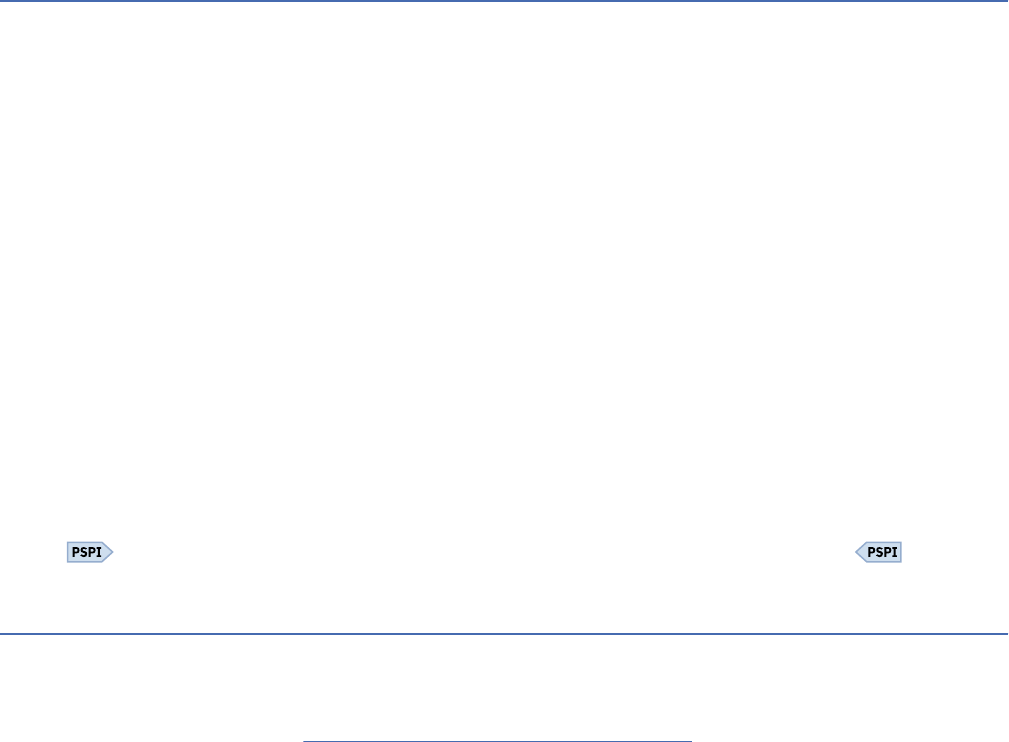
This information contains examples of data and reports used in daily business operations. To illustrate
them as completely as possible, the examples include the names of individuals, companies, brands, and
products. All of these names are ctitious and any similarity to actual people or business enterprises is
entirely coincidental.
COPYRIGHT LICENSE:
This information contains sample application programs in source language, which illustrate programming
techniques on various operating platforms. You may copy, modify, and distribute these sample programs
in any form without payment to IBM, for the purposes of developing, using, marketing or distributing
application programs conforming to the application programming interface for the operating platform
for which the sample programs are written. These examples have not been thoroughly tested under
all conditions. IBM, therefore, cannot guarantee or imply reliability, serviceability, or function of these
programs. The sample programs are provided "AS IS", without warranty of any kind. IBM shall not be
liable for any damages arising out of your use of the sample programs.
Each copy or any portion of these sample programs or any derivative work must include a copyright notice
as shown below:
©
(your company name) (year).
Portions of this code are derived from IBM Corp. Sample Programs.
©
Copyright IBM Corp. (enter the year or years).
If you are viewing this information softcopy, the photographs and color illustrations may not appear.
Programming interface information
This information is intended to help you to write programs that contain SQL statements. This information
primarily documents General-use Programming Interface and Associated Guidance Information provided
by Db2 12 for z/OS. However, this information also documents Product-sensitive Programming Interface
and Associated Guidance Information provided by Db2 12 for z/OS.
General-use Programming Interface and Associated Guidance Information
General-use Programming Interfaces allow the customer to write programs that obtain the services of
Db2 12 for z/OS.
Product-sensitive Programming Interface and Associated Guidance Information
Product-sensitive Programming Interfaces allow the customer installation to perform tasks such as
diagnosing, modifying, monitoring, repairing, tailoring, or tuning of this IBM software product. Use of such
interfaces creates dependencies on the detailed design or implementation of the IBM software product.
Product-sensitive Programming Interfaces should be used only for these specialized purposes. Because
of their dependencies on detailed design and implementation, it is to be expected that programs written
to such interfaces may need to be changed in order to run with new product releases or versions, or as a
result of service.
Product-sensitive Programming Interface and Associated Guidance Information is identied where it
occurs by the following markings:
Product-sensitive Programming Interface and Associated Guidance Information...
Trademarks
IBM, the IBM logo, and ibm.com
®
are trademarks or registered marks of International Business Machines
Corp., registered in many jurisdictions worldwide. Other product and service names might be trademarks
of IBM or other companies. A current list of IBM trademarks is available on the web at "Copyright and
trademark information" at: http://www.ibm.com/legal/copytrade.shtml.
Linux is a registered trademark of Linus Torvalds in the United States, other countries, or both.
1464
Db2 12 for z/OS: Application Programming and SQL Guide (Last updated: 2024-07-30)

Microsoft, Windows, Windows NT, and the Windows logo are trademarks of Microsoft Corporation in the
United States, other countries, or both.
UNIX is a registered trademark of The Open Group in the United States and other countries.
Java and all Java-based trademarks and logos are trademarks or registered trademarks of Oracle and/or
its afliates.
Terms and conditions for product documentation
Permissions for the use of these publications are granted subject to the following terms and conditions:
Applicability: These terms and conditions are in addition to any terms of use for the IBM website.
Personal use: You may reproduce these publications for your personal, noncommercial use provided that
all proprietary notices are preserved. You may not distribute, display or make derivative work of these
publications, or any portion thereof, without the express consent of IBM.
Commercial use: You may reproduce, distribute and display these publications solely within your
enterprise provided that all proprietary notices are preserved. You may not make derivative works of
these publications, or reproduce, distribute or display these publications or any portion thereof outside
your enterprise, without the express consent of IBM.
Rights: Except as expressly granted in this permission, no other permissions, licenses or rights are
granted, either express or implied, to the publications or any information, data, software or other
intellectual property contained therein.
IBM reserves the right to withdraw the permissions granted herein whenever, in its discretion, the use
of the publications is detrimental to its interest or, as determined by IBM, the above instructions are not
being properly followed.
You may not download, export or re-export this information except in full compliance with all applicable
laws and regulations, including all United States export laws and regulations.
IBM MAKES NO GUARANTEE ABOUT THE CONTENT OF THESE PUBLICATIONS. THE PUBLICATIONS
ARE PROVIDED "AS-IS" AND WITHOUT WARRANTY OF ANY KIND, EITHER EXPRESSED OR IMPLIED,
INCLUDING BUT NOT LIMITED TO IMPLIED WARRANTIES OF MERCHANTABILITY, NON-INFRINGEMENT,
AND FITNESS FOR A PARTICULAR PURPOSE.
Privacy policy considerations
IBM Software products, including software as a service solutions, (“Software Offerings”) may use cookies
or other technologies to collect product usage information, to help improve the end user experience,
to tailor interactions with the end user, or for other purposes. In many cases no personally identiable
information is collected by the Software Offerings. Some of our Software Offerings can help enable you
to collect personally identiable information. If this Software Offering uses cookies to collect personally
identiable information, specic information about this offering’s use of cookies is set forth below.
This Software Offering does not use cookies or other technologies to collect personally identiable
information.
If the congurations deployed for this Software Offering provide you as customer the ability to collect
personally identiable information from end users via cookies and other technologies, you should seek
your own legal advice about any laws applicable to such data collection, including any requirements for
notice and consent.
For more information about the use of various technologies, including cookies, for these purposes,
see IBM’s Privacy Policy at http://www.ibm.com/privacy and IBM’s Online Privacy Statement at http://
www.ibm.com/privacy/details the section entitled “Cookies, Web Beacons and Other Technologies”
and the “IBM Software Products and Software-as-a-Service Privacy Statement” at http://www.ibm.com/
software/info/product-privacy.
Notices
1465
1466Db2 12 for z/OS: Application Programming and SQL Guide (Last updated: 2024-07-30)
1468Db2 12 for z/OS: Application Programming and SQL Guide (Last updated: 2024-07-30)

Index
Special Characters
_ (underscore)
assembler host variable 551
' (apostrophe)
string delimiter precompiler option 864
Numerics
31-bit addressing 934
A
abend
effect on cursor position 402
for synchronization calls 447
IMS
U0102 953
system
X"04E" 447
abend recovery routine
in CAF 41
access path
direct row access 429
accessibility
keyboard xiii
shortcut keys xiii
accessing data
from an application program 350
activity sample table 995
adding
data 330
ALL quantied predicate 390
ALTER PROCEDURE statement
external stored procedure 285
AMODE link-edit option 875, 934
ANY quantied predicate 390
APOST precompiler option 864
APPLCOMPAT 830, 835
APPLCOMPAT subsystem parameter
changing to new release 840
application
rebinding
application 895
application compatibility
subsystem parameter 840
verifying 839
application plan
binding 881
creating 876
dynamic plan selection for CICS applications 893
listing packages 881
rebinding 899
application program
bill of materials 145
checking success of SQL statements 473
coding SQL statements
application program (continued)
coding SQL statements (continued)
data entry 330
dynamic SQL 494, 499
selecting rows using a cursor 399
design considerations
checkpoint 447
IMS calls 447
programming for DL/I batch 447
SQL statements 447
structure 948
synchronization call abends 447
using ISPF (interactive system productivity facility)
843
XRST call 447
duplicate CALL statements 766
external stored procedures 223
object extensions 168
preparation
assembling 875
binding 876
compiling 875
Db2 precompiler option defaults 848
DB2 precompiler option defaults 873
dening to CICS 875
DRDA access 886
example 913
link-editing 875
preparing for running 843
program preparation panel 843
using DB2I (DB2 Interactive) 843
running
CICS 957
IMS 957
program synchronization in DL/I batch 447
TSO 945
TSO CLIST 957
table and view declarations 462
test environment 945
testing 945
application program design
planning for changes 14
application programming
DCLGEN example 470
DCLGEN variable declarations 467
application programs
compatibility 819, 830, 835
compatible data types 482
host structures 477
host variables 475
host-variable arrays 476
performance 446
application release incompatibilities 1
applications
designing 1
identifying incompatibilities 839
migrating 1
Index1469

applications (continued)
planning 1
samples supplied with Db2 995
verifying changes for incompatibilities 839
writing for Db2 459
arithmetic expressions in UPDATE statement 345
array pointer host variable
declaring 609
referencing in SQL statements 608
arrays
example
using arrays in a native SQL procedure 174
native SQL procedure example 174
AS clause
naming columns for view 360
naming columns in union 360
naming derived columns 360
naming result columns 360
ORDER BY name 358
ASCII data, retrieving 502
assembler application program
assembling 875
data type compatibility 563
declaring tables 551
declaring views 551
dening the SQLDA 474, 555
host variable
naming convention 551
host variable, declaring 556
INCLUDE statement 551
including SQLCA 554
indicator variable declaration 562
reentrant 551
SQLCODE host variable 554
SQLSTATE host variable 554
variable declaration 557
assignment, compatibility rules 120
ATTACH precompiler option 864
attachment facility
options in z/OS environment
35
AUTH SIGNON (connection function of RRSAF)
language examples 87
syntax 87
authority
authorization ID 956
creating test tables 961
SYSIBM.SYSTABAUTH table 350
authorization 450
autobind 904
AUTOCOMMIT eld of SPUFI panel 967
automatic query rewrite 130
automatic rebind
conditions for 904
invalid package 904
SQLCA not available 904
automatic rebinds
old plans and packages 4
autonomous
native SQL procedures
autonomous 223
procedures
autonomous 223
B
batch processing
access to Db2 and DL/I together
binding a plan 889
checkpoint calls 447
commits 447
precompiling 853
batch Db2 application
running 956
starting with a CLIST 957
bill of materials applications 145
binary host variable
assembler 557
C/C++ 584
COBOL 652
PL/I 707
binary host-variable array
C/C++ 595
PL/I 713
BIND
command line processor command 879
BIND COPY
for native SQL procedures 244
BIND COPY REPLACE
for native SQL procedures 245
bind options
planning for 19
BIND PACKAGE subcommand of DSN
options
CURRENTDATA 887
ENCODING 887
location-name 887
OPTIONS 887
SQLERROR 887
options associated with DRDA access 886, 888
remote 888
BIND PLAN subcommand of DSN
options
CURRENTDATA 887
DISCONNECT 886
ENCODING 887
SQLRULES 886, 906
options associated with DRDA access 886
bind process
distributed data 885
binding
application plans 876
changes that require 14
checking BIND PACKAGE options 888
DBRMs precompiled elsewhere 853
options associated with DRDA access 886
packages
remote 888
plans 881
remote package requirements 888
specify SQL rules 906
block fetch
preventing 399
with cursor stability 399
BMP (batch message processing) program
checkpoints 28
bounded character pointer host variable
declaring 609
1470Db2 12 for z/OS: Application Programming and SQL Guide (Last updated: 2024-07-30)

bounded character pointer host variable (continued)
description 609
referencing in SQL statements 608
BTS (batch terminal simulator) 988
C
C application program
declaring tables 571
sample application 1032
C/C++
creating stored procedure 252
C/C++ application program
data type compatibility 611
DCLGEN support 467
declaring views 571
dening the SQLDA 474, 583
host structure 603
INCLUDE statement 571
including SQLCA 582
indicator variable array declaration 606
indicator variable declaration 606
naming convention 571
precompiler option defaults 873
SQLCODE host variable 582
SQLSTATE host variable 582
variable array declaration 595
variable declaration 584
with classes, preparing 853
C/C++ application programs
pointer host variables 609
CAF (call attachment facility)
description 38
CAF functions
summary of behavior 46
calculated values
groups with conditions 371
summarizing group values 370
call attachment facility (CAF)
application program
examples 61
preparation 43
attention exit routines 40
authorization IDs 39
behavior summary 46
connection functions 47
connection name 39
connection properties 39
connection type 39
Db2 abends 39
description 38
error messages 58
implicit connections to 44
invoking 36
parameters for CALL DSNALI 44
program requirements 43
recovery routines 41
register changes 43
return codes
example of checking 61
return codes and reason codes 59
sample scenarios 60
scope 39
terminated task 39
call attachment facility (CAF)
(continued)
trace 58
call attachment language interface
loading 41
making available 41
CALL DSNALI
parameter list 44
required parameters 44
CALL DSNRLI
parameter list 74
required parameters 74
CALL statement
command line processor 955
examples 755
multiple 766
syntax for invoking DSNTPSMP 293
catalog table
SYSIBM.LOCATIONS 778
SYSIBM.SYSCOLUMNS 351
SYSIBM.SYSTABAUTH 350
CCSID (coded character set identier)
controlling in COBOL programs 676
precompiler option 864
setting for host variables 480
SQLDA 502
CEEDUMP
using to debug stored procedures 978
character host variable
assembler 557
C/C++ 584
COBOL 652
Fortran 690
PL/I 707
character host-variable
array
C/C++ 595
COBOL 661
PL/I 713
character input data
REXX program 749
character string
mixed data 120
width of column in results 970, 975
check constraint
considerations 127
CURRENT RULES special register effect 128
dening 127
description 127
determining violations 992
enforcement 127
programming considerations 992
checkpoint
calls 26, 28
specifying frequency 27
CHKP call, IMS 26
CICS
DSNTIAC subroutine
assembler 551
C 571
COBOL 620
PL/I 697
environment planning 957
facilities
command language translator 862
Index1471

CICS (continued)
facilities (continued)
control areas 945
EDF (execution diagnostic facility) 989
language interface module (DSNCLI)
use in link-editing an application 875
operating
running a program 945
preparing with JCL procedures 910
programming
DFHEIENT macro 551
sample applications 1034, 1401
SYNCPOINT command 23
storage handling
assembler 551
C 571
COBOL 620
PL/I 697
sync point 23
unit of work 23
CICS applications
thread reuse 117
CICS attachment facility
controlling from applications 115
detecting whether it is operational 116
starting 115
stopping 115
client 33
client program
preparing for calling a remote stored procedure 764
CLOSE
statement
description 408
recommendation 413
WHENEVER NOT FOUND clause 500, 502
CLOSE (connection function of CAF)
description 47
language examples 54
program example 61
syntax 54
COALESCE function 383
COBOL
creating stored procedure 252
COBOL application program
compiling 875
controlling CCSID 676
data type compatibility 678
Db2 precompiler option defaults 873
DCLGEN support 467
declaring tables 620
declaring views 620
dening the SQLDA 474, 650
dynamic SQL 499
host structure 669
host variable
use of hyphens 620
host variable, declaring 651
host-variable array, declaring 651
INCLUDE statement 620
including SQLCA 649
indicator variable array declaration 675
indicator variable declaration 675
naming convention 620
object-oriented extensions 684
COBOL application program (continued)
options 620
preparation 875
resetting SQL-INIT-FLAG 620
sample program 624
SQLCODE host variable 649
SQLSTATE host variable 649
variable array declaration 661
variable declaration 652
WHENEVER statement 620
with classes, preparing 853
coding SQL statements
dynamic 494
collection, package
identifying 883
SET CURRENT PACKAGESET statement 883
colon
preceding a host variable 485
preceding a host-variable array
491
column
data types 120
default value
system-dened 119
user-dened 119
displaying, list of 351
heading created by SPUFI 976
labels, usage 502
name, with UPDATE statement 345
retrieving, with SELECT 352
specied in CREATE TABLE 119
width of results 970, 975
COMMA precompiler option 864
command line processor
binding 878
CALL statement 955
stored procedures 954
commands
MQListener 806
commit point
description 22
IMS unit of work 26
COMMIT statement
description 967
in a stored procedure 225
when to issue 22
with RRSAF 68
common table expressions
description 144
examples 145
in a CREATE VIEW statement 143
in a SELECT statement 143
in an INSERT statement 143
innite loops 386
recursion 145
comparison
compatibility rules 120
HAVING clause
subquery 390
operator, subquery 390
WHERE clause
subquery 390
compatibility
data types 120
1472Db2 12 for z/OS: Application Programming and SQL Guide (Last updated: 2024-07-30)

compatibility (continued)
rules 120
composite key 132
compound statement
example
dynamic SQL 222
nested IF and WHILE statements 221
EXIT handler 232
labels 219
compound statements
nested 229
within the declaration of a condition handler 233
condition handlers
empty 240
conditions
ignoring 240
CONNECT
statement
SPUFI 967
CONNECT (connection function of CAF)
description 47
language examples 48
program example 61
syntax 48
CONNECT LOCATION eld of SPUFI panel 967
CONNECT precompiler option 864
CONNECT processing option
enforcing restricted system rules 34
CONNECT statement, with DRDA access 777
connecting
Db2 35
connection
Db2
connecting from tasks 948
function of CAF
CLOSE 54
CONNECT 48
DISCONNECT 55
OPEN 52
TRANSLATE 57
function of RRSAF
AUTH SIGNON 87
CONTEXT SIGNON 92
CREATE THREAD 101
FIND_DB2_SYSTEMS 107
IDENTIFY 77
SET_CLIENT_ID 97
SET_ID 96
SET_REPLICATION 100
SIGNON 82
SWITCH TO 80
TERMINATE IDENTIFY 104
TERMINATE THREAD 103
TRANSLATE 106
connection properties
call attachment facility (CAF) 39
Resource Recovery Services attachment facility (RRSAF)
69
connection to Db2
environment requirements 35
constants, syntax
C/C++ 584
Fortran 690
CONTEXT SIGNON (connection function of RRSAF)
CONTEXT SIGNON (connection function of RRSAF) (continued)
language examples 92
syntax 92
CONTINUE clause of WHENEVER statement 531
CONTINUE handler (SQL procedure)
description 232
example 233
coordinating updates
distributed data 33
correlated reference
correlation name 394
SQL rules 373
usage 373
using in subquery 394
correlation name 394
create
external SQL procedure by using DSNTPSMP 289
external SQL procedure by using JCL 299
external stored procedure 252
CREATE GLOBAL TEMPORARY TABLE statement 135
CREATE PROCEDURE statement
external stored procedure 252
for external SQL procedures 299
CREATE TABLE statement
DEFAULT clause 119
NOT NULL clause 119
PRIMARY KEY clause 131
relationship names 132
UNIQUE clause 119, 131
usage 119
CREATE THREAD (connection function of RRSAF)
language examples 101
program example 111
syntax 101
CREATE TRIGGER
activation order 161
description 149
example 149
timestamp 161
trigger naming 149
CREATE TYPE statement
example 168
CREATE VIEW statement 141
created temporary table
instances 135
working with 137
creating objects
in an application program 119
creating stored procedures
external SQL procedures 286
CURRENT PACKAGESET special register
dynamic plan switching 893
identify package collection 883
CURRENT RULES special register
effect on check constraints 128
usage 906
current server 33
CURRENT SERVER special register
description 883
saving value in application program 780
CURRENT SQLID special register
use in test 959
value in INSERT statement 119
cursor
Index1473

cursor (continued)
attributes
using GET DIAGNOSTICS 422
using SQLCA 421
closing
CLOSE statement 413
deleting a current row 409
description 399
dynamic scrollable 399
effect of abend on position 402
example
retrieving backward with scrollable cursor 426
updating specic row with rowset-positioned cursor
428
updating with non-scrollable cursor 426
updating with rowset-positioned cursor 427
insensitive scrollable 399
maintaining position 402
non-scrollable 399
open state 402
OPEN statement 405
result table 399
row-positioned
declaring 404
deleting a current row 406
description 399
end-of-data condition 406
retrieving a row of data 406
steps in using 403
updating a current row 406
rowset-positioned
declaring 408
description 399
end-of-data condition 409
number of rows 409
number of rows in rowset 413
opening 409
retrieving a rowset of data 409
steps in using 408
updating a current rowset 409
scrollable
description 399
dynamic 399
fetch orientation 413
INSENSITIVE 399
retrieving rows 413
SENSITIVE DYNAMIC 399
SENSITIVE STATIC 399
sensitivity 399
static 399
updatable 399
static scrollable 399
types 399
WITH HOLD
description 402
cursors
declaring in SQL procedures 231
D
data
accessing from an application program 350
adding 330
adding to the end of a table 345
data (continued)
associated with WHERE clause 354
currency 399
distributed 33
modifying 330
not in a table 446
retrieval using SELECT * 388
retrieving a rowset 409
retrieving a set of rows 406
retrieving large volumes 444
scrolling backward through 422
security and integrity 21
updating during retrieval 387
updating previously retrieved data 424
data encryption 133
data integrity
tables 126
data type
built-in 120
comparisons 485
compatibility
assembler application program 563
C application program 611
COBOL and SQL 678
Fortran and SQL 694
PL/I application program 721
REXX and SQL 745
data types
compatibility 482
used by DCLGEN 467
database request module (DBRM)
Db2 coprocessor output 852
DATE precompiler option 864
datetime data type 120
Db2
connection from a program 35
Db2 abend
DL/I batch 447
Db2 coprocessor
database request module (DBRM) 852
DSNXDBRM 852
output 852
processing SQL statements 848
Db2 functions
IBM MQ
MQREADALL 784
MQREADALLCLOB 784
MQREADCLOB 784
MQRECEIVE 784
MQRECEIVEALL 784
MQRECEIVEALLCLOB 784
MQRECEIVECLOB 784
MQSEND 784
Db2 MQ tables
descriptions 787
Db2 precompiler
description 848
precompiling programs 848
Db2 private protocol access
coding an application 775
Db2 sample application
DSN8BC3 1038
DSN8BD3 1046
DSN8BE3 1052
1474Db2 12 for z/OS: Application Programming and SQL Guide (Last updated: 2024-07-30)

Db2 sample application (continued)
DSN8BF3 1062
DSN8BP3 1056
DSN8CC0 1401
DSN8CC1 1409
DSN8CC2 1411
DSN8CP0 1416
DSN8CP1 1422
DSN8CP2 1424
DSN8CP3 1443
DSN8CP6 1429
DSN8CP7 1435
DSN8CP8 1437
DSN8DLPL 1261
DSN8DLPV 1287
DSN8DLRV 1274
DSN8DUAD 1188
DSN8DUAT 1195
DSN8DUCD 1201
DSN8DUCT 1218
DSN8DUCY 1230
DSN8DUTI 1236
DSN8DUWC 1243
DSN8DUWF 1246
DSN8EC1 1147
DSN8EC2 1155
DSN8ED1 1130
DSN8ED2 1140
DSN8ED3 1162
DSN8ED4 303
DSN8ED5 320
DSN8ED6 1168
DSN8ED7 1171
DSN8ED9 1175
DSN8EP1 1109
DSN8EP2 1122
DSN8EPU 1126
DSN8ES1 1159
DSN8ES2 1166
DSN8ES3 1181
DSN8EUDN 1254
DSN8EUMN 1258
DSN8HC3 1069
DSN8IC0 1355
DSN8IC1 1359
DSN8IC2 1361
DSN8IP0 1366
DSN8IP1 1370
DSN8IP2 1372
DSN8IP3 1388
DSN8IP6 1377
DSN8IP7 1380
DSN8IP8 1382
DSN8SC3 1096
DSN8SP3 1103
DSN8WLMP 318
DSNTEJ1L 1312
DSNTEJ1P 1310
DSNTEJ2A 1307
DSNTEJ2C 1293
DSNTEJ2D 1295
DSNTEJ2E 1297
DSNTEJ2F 1302
DSNTEJ2P 1299
Db2 sample application
(continued)
DSNTEJ2U 1339
DSNTEJ3C 1303
DSNTEJ3P 1306
DSNTEJ4C 1395
DSNTEJ4P 1397
DSNTEJ5C 1450
DSNTEJ5P 1320, 1452
DSNTEJ6 1305
DSNTEJ61 1320, 1452
DSNTEJ62 1322
DSNTEJ63 1324
DSNTEJ64 1325
DSNTEJ65 1327
DSNTEJ66 1334
DSNTEJ67 323
DSNTEJ6D 1316
DSNTEJ6P 1313, 1350
DSNTEJ6S 1315
DSNTEJ6T 1318, 1353
DSNTEJ6W 1330
DSNTEJ6Z 1333
DSNTEJ71 1313, 1350
DSNTEJ73 1352
DSNTEJ75 1318, 1353
DSNTIJLC 823
DSNTIJLR 826
DB2_RETURN_STATUS
using to get procedure status 769
DB2I
default panels 846
invoking DCLGEN 463
DB2I (DB2 Interactive)
background processing
run time libraries 917
EDITJCL processing
run time libraries 917
interrupting 963
menu 963
panels
BIND PACKAGE 922
BIND PLAN 924
Compile, Link, and Run 934
Current SPUFI Defaults 968
DB2I Primary Option Menu 963
Defaults for BIND PACKAGE 926
Defaults for BIND PLAN 929
Defaults for REBIND PACKAGE 926
Defaults for REBIND PLAN 929
Precompile 920
Program Preparation 913
System Connection Types 931
preparing programs 843
program preparation example 913
selecting
SPUFI 963
SPUFI 963
DB2I defaults
setting 846
DBCS (double-byte character set)
translation in CICS 862
DBINFO
passing to external stored procedure 252
user-dened function 191
Index1475

DBRM (database request module)
Db2 coprocessor output 852
description 852, 859
DBRMs in HFS les
binding 878
DCLGEN
COBOL example 470
data types 467
declaring indicator variable arrays 463
generating table and view declarations 462
generating table and view declarations from DB2I 463
INCLUDE statement 470
including declarations in a program 470
invoking 462
using from DB2I 463
variable declarations 467
DCLGEN (declarations generator)
description 462
DDITV02 input data set 907
DDOTV02 output data set 907
debugging
recording messages for stored procedures 982
stored procedures 978
debugging application programs 983
DEC15
precompiler option 864
rules 387
DEC31
avoiding overflow 388
precompiler option 864
rules 387
decimal
15 digit precision 387
31 digit precision 387
arithmetic 387
DECIMAL data type
C/C++ 584
declarations generator (DCLGEN)
description 462
DECLARE CURSOR statement
description, row-positioned 404
description, rowset-positioned 408
FOR UPDATE clause 404
multilevel security 404
prepared statement 500, 502
scrollable cursor 399
WITH HOLD clause 402
WITH RETURN option 274
WITH ROWSET POSITIONING clause 408
DECLARE GLOBAL TEMPORARY TABLE statement 137
DECLARE TABLE statement
assembler 551
C 571
COBOL 620
Fortran 686
in application programs 461
PL/I 697
declared temporary table
including column defaults 137
including identity columns 137
instances 137
ON COMMIT clause 139
qualier for 137
remote access using a three-part name 775
declared temporary table (continued)
requirements 137
working with 137
declaring tables and views
advantages 461
DELETE statement
correlated subquery 394
description 336, 348
positioned
FOR ROW n OF ROWSET clause 409
restrictions 406
WHERE CURRENT clause 406, 409
deleting
current rows 406
data 348
every row from a table
with TRUNCATE 348
rows from a table 348
DENSE_RANK specication
example 363
department sample table
creating 134
DEPLOY bind option
for native SQL procedures 249
DESCRIBE INPUT statement 524
DESCRIBE statement
column labels 502
INTO clauses 502
designing
applications 1
designing applications
distributed data 32
DFHEIENT macro 551
DFSLI000 (IMS language interface module) 875
diagnostics area
RESIGNAL affect on 244
SIGNAL affect on 244
direct row access 429
disability xiii
DISCONNECT (connection function of CAF)
description 47
language examples 55
program example 61
syntax 55
displaying
table columns 351
table privileges 350
DISTINCT
clause of SELECT statement 359
unique values 359
distinct type
assigning values 335
comparing types 396
description 169
example
argument of user-dened function (UDF) 170
arguments of inx operator 456
casting constants 456
casting function arguments 455
casting host variables 456
LOB data type 170
function arguments 455
strong typing 169
UNION with INTERSECT 396
1476Db2 12 for z/OS: Application Programming and SQL Guide (Last updated: 2024-07-30)

distinct type (continued)
with EXCEPT 396
with UNION 396
distinct types
creating 168
distributed data
bind process 885
coordinating updates 33
copying a remote table 775
DBPROTOCOL bind option 775
designing applications for 32
encoding scheme of retrieved data 781
example
accessing remote temporary table 777
binding at remote server 885
connecting to remote server 777
using alias for multiple sites 778
using RELEASE statement 779
using three-part table names 775
executing long SQL statements 780
identifying server at run time 780
maintaining data currency 399
program preparation 888
programming
coding with Db2 private protocol access 775
coding with DRDA access 775
retrieving from ASCII or Unicode tables 781
three-part table names 775
transmitting mixed data 779
two-phase commit 33
using alias for location 778
DL/I batch
application programming 447
checkpoint ID 954
Db2 requirements 447
DDITV02 input data set 907
DSNMTV01 module 951
features 447
SSM= parameter 951
submitting an application 951
DRDA access
accessing remote temporary table 777
bind options 886
coding an application 775
connecting to remote server 777
precompiler options 874
preparing programs 886
programming hints 780
releasing connections 779
sample program 634
SQL limitations at different servers 780
DRDA access with CONNECT statements
sample program 634
DRDA with three-part names
sample program 639
DROP TABLE statement 141
DSN applications, running with CAF 36
DSN command of TSO
return code processing 945
RUN subcommands 945
DSN_FUNCTION_TABLE table 454
DSN8BC3 1038
DSN8BC3 sample program 620
DSN8BD3 1046
DSN8BD3 sample program 571
DSN8BE3 1052
DSN8BE3 sample program 571
DSN8BF3 1062
DSN8BF3 sample program 686
DSN8BP3 1056
DSN8BP3 sample program 697
DSN8CC0 1401
DSN8CC1 1409
DSN8CC2 1411
DSN8CP0 1416
DSN8CP1 1422
DSN8CP2 1424
DSN8CP3 1443
DSN8CP6 1429
DSN8CP7 1435
DSN8CP8 1437
DSN8DLPL 1261
DSN8DLPV 1287
DSN8DLRV 1274
DSN8DUAD 1188
DSN8DUAT 1195
DSN8DUCD 1201
DSN8DUCT 1218
DSN8DUCY 1230
DSN8DUTI 1236
DSN8DUWC 1243
DSN8DUWF 1246
DSN8EC1 1147
DSN8EC2 1155
DSN8ED1 1130
DSN8ED2 1140
DSN8ED3 1162
DSN8ED4 303
DSN8ED5 320
DSN8ED6 1168
DSN8ED7 1171
DSN8ED9 1175
DSN8EP1 1109
DSN8EP2 1122
DSN8EPU 1126
DSN8ES1 1159
DSN8ES2 1166
DSN8ES3 1181
DSN8EUDN 1254
DSN8EUMN 1258
DSN8HC3 1069
DSN8IC0 1355
DSN8IC1 1359
DSN8IC2 1361
DSN8IP0 1366
DSN8IP1 1370
DSN8IP2 1372
DSN8IP3 1388
DSN8IP6 1377
DSN8IP7 1380
DSN8IP8 1382
DSN8SC3 1096
DSN8SP3 1103
DSN8WLMP 318
DSNALI
loading 41
making available 41
DSNALI (CAF language interface module)
Index1477

DSNALI (CAF language interface module) (continued)
example of deleting 61
example of loading 61
DSNCLI (CICS language interface module) 875
DSNEBP10 926
DSNEBP11 926
DSNH command of TSO 984
DSNHASM procedure 909
DSNHC procedure 909
DSNHCOB procedure 909
DSNHCOB2 procedure 909
DSNHCPP procedure 909
DSNHCPP2 procedure 909
DSNHFOR procedure 909
DSNHICB2 procedure 909
DSNHICOB procedure 909
DSNHLI entry point to DSNALI
program example 61
DSNHLI2 entry point to DSNALI
program example 61
DSNHPLI procedure 909
DSNMTV01 module 951
DSNRLI
loading 71
making available 71
DSNTEDIT CLIST 900
DSNTEJ1L 1312
DSNTEJ1P 1310
DSNTEJ2A 1307
DSNTEJ2C 1293
DSNTEJ2D 1295
DSNTEJ2E 1297
DSNTEJ2F 1302
DSNTEJ2P 1299
DSNTEJ2U 1339
DSNTEJ3C 1303
DSNTEJ3P 1306
DSNTEJ4C 1395
DSNTEJ4P 1397
DSNTEJ5C 1450
DSNTEJ5P 1320, 1452
DSNTEJ6 1305
DSNTEJ61 1320, 1452
DSNTEJ62 1322
DSNTEJ63 1324
DSNTEJ64 1325
DSNTEJ65 1327
DSNTEJ66 1334
DSNTEJ67 323
DSNTEJ6D 1316
DSNTEJ6P 1313, 1350
DSNTEJ6S 1315
DSNTEJ6T 1318, 1353
DSNTEJ6W 1330
DSNTEJ6Z 1333
DSNTEJ71 1313, 1350
DSNTEJ73 1352
DSNTEJ75 1318, 1353
DSNTEP2 and DSNTEP4 sample program
specifying SQL terminator 1017, 1025
DSNTEP2 sample program
how to run 1016
parameters 1016
program preparation 1016
DSNTEP4 sample program
how to run 1016
parameters 1016
program preparation 1016
DSNTIAC subroutine
assembler 551
C 571
COBOL 620
PL/I 697
DSNTIAD sample program
how to run 1016
parameters 1016
program preparation 1016
specifying SQL terminator 1022
DSNTIAR subroutine
assembler 538
C 571
COBOL 620
description 527
Fortran 686
PL/I 697
return codes 529
using 528
DSNTIAUL sample program
how to run 1016
parameters 1016
program preparation 1016
DSNTIJLC 823
DSNTIJLR 826
DSNTIJSD sample program
using to set up the Unied Debugger 979
DSNTIR subroutine 686
DSNTPSMP
creating external SQL procedures 289
required authorizations 289
syntax for invoking 293
DSNTRACE data set 58
DSNULI 114
DSNXDBRM
Db2 coprocessor output 852
DSNXNBRM 859
DYNAM option of COBOL 620
dynamic buffer allocation
FETCH WITH CONTINUE 419
dynamic plan selection
restrictions with CURRENT PACKAGESET special register
893
using packages with 893
dynamic SQL
advantages and disadvantages 495
assembler program 502
C program 502
COBOL application program 620
COBOL program 499
description 494
effect of bind option REOPT(ALWAYS) 502
effect of WITH HOLD cursor 519
EXECUTE IMMEDIATE statement 517
xed-list SELECT statements 500
Fortran program 686
host languages 499
non-SELECT statements 499, 519
PL/I 502
PREPARE and EXECUTE 519
1478Db2 12 for z/OS: Application Programming and SQL Guide (Last updated: 2024-07-30)

dynamic SQL (continued)
programming 494
requirements 495
restrictions 495
sample C program 574
varying-list SELECT statements 502
DYNAMICRULES bind option 891
E
ECB (event control block)
CONNECT function of CAF 48
IDENTIFY function of RRSAF 77
SET_REPLICATION function of RRSAF 100
EDIT panel, SPUFI
SQL statements 963
embedded semicolon
embedded 1022
embedded SQL applications
host variables, XML data 541
XML data 540
employee photo and resume sample table 1002
employee sample table 998
employee-to-project activity sample table 1005
ENCRYPT_TDES function 133
end-of-data condition 406, 409
error
arithmetic expression 539
division by zero 539
handling 531
messages generated by precompiler 984
overflow 539
return codes 526
run 983
errors when retrieving data into a host variable
determining cause 481
examples
MQListener 811
EXCEPT
keeping duplicate rows with ALL 366
EXCEPT clause
columns of result table 366
exception condition handling 531
EXECUTE IMMEDIATE statement 517
EXECUTE statement
dynamic execution 519
parameter types 502
USING DESCRIPTOR clause 502
EXISTS predicate, subquery 390
EXIT handler (SQL procedure) 232
exit routine
abend recovery with CAF 41
attention processing with CAF 40
EXPLAIN
automatic rebind 904
external SQL procedure
creating 286
external SQL procedures
creating by using DSNTPSMP 289
creating by using JCL 299
debugging with the Unied Debugger 979
migrating to native SQL procedures 287
external stored procedure
creating 252
external stored procedure (continued)
modifying the denition 285
package 271
package authorizations 271
plan 271
preparing 252
reentrant 276
running as authorized program 252
F
FETCH CURRENT CONTINUE 419
FETCH statement
description, multiple rows 409
description, single row 406
fetch orientation 413
host variables 500
multiple-row
assembler 551
description 409
FOR n ROWS clause 413
number of rows in rowset 413
using with descriptor 409
using with host-variable arrays
409
row and rowset positioning 425
scrolling through data 422
USING DESCRIPTOR clause 502
using row-positioned cursor 406
FETCH WITH CONTINUE 419
le
reference variable
Db2-generated construct 442
FIND_DB2_SYSTEMS (connection function of RRSAF)
language examples 107
syntax 107
xed buffer allocation
FETCH WITH CONTINUE 420
FLAG precompiler option 864
FLOAT precompiler option 864
FOLD
value for C and CPP 864
value of precompiler option HOST 864
FOR UPDATE clause 404
FOREIGN KEY clause
description 132
usage 132
format
SELECT statement results 974
SQL in input data set 963
formatting
result tables 359
Fortran application program
@PROCESS statement 686
byte data type 686
constant syntax 690
data type compatibility 694
declaring tables 686
declaring views 686
dening the SQLDA 474, 689
host variable, declaring 689
INCLUDE statement 686
including SQLCA 688
indicator variable declaration 692
naming convention 686
Index1479

Fortran application program (continued)
parallel option 686
precompiler option defaults 873
SQLCODE host variable 688
SQLSTATE host variable 688
statement labels 686
variable declaration 690
WHENEVER statement 686
FROM clause
joining tables 373
SELECT statement 352
FRR (functional recovery routine)
in CAF 41
FULL OUTER JOIN clause 383
function resolution 452
functional recovery routine (FRR)
in CAF 41
G
GENERAL linkage convention 255
, 257
GENERAL WITH NULLS linkage convention 255, 260
general-use programming information, described 1464
generating table and view declarations
by using DCLGEN 462
with DCLGEN from DB2I 463
generating XML documents for MQ message queue 787
GET DIAGNOSTICS
using to get procedure status 769
GET DIAGNOSTICS statement
condition items 532
connection items 532
data types for items 532, 534
description 532
multiple-row INSERT 532
RETURN_STATUS item 241
ROW_COUNT item 409
statement items 532
using in handler 240
GO TO clause of WHENEVER statement 531
GRANT statement 961
graphic host variable
assembler 557
C/C++ 584
COBOL 652
PL/I 707
graphic host-variable array
C/C++ 595
COBOL 661
PL/I 713
GRAPHIC precompiler option 864
GROUP BY clause
use with aggregate functions 370
H
handler, using in SQL procedure 232
HAVING clause
selecting groups subject to conditions 371
HOST
FOLD value for C and CPP 864
precompiler option 864
host language
host language (continued)
dynamic SQL 499
host language data types
compatibility with SQL data types 482
host structure
C/C++ 603
COBOL 669
description 477
indicator structure 478
PL/I 718
retrieving row of data 494
using SELECT INTO 494
host variable
assembler 556, 557
C/C++ 584
COBOL 651, 652
description 475
FETCH statement 500
Fortran 689, 690
indicator variable 478
inserting values into tables 490
LOB
assembler 433
C 433
COBOL 434
Fortran 435
PL/I 436
PL/I 706, 707
PREPARE statement 500
retrieving a single row 486
setting the CCSID 480
static SQL flexibility 495
updating values in tables 489
using 485
host variable processing
errors 481
host variables
compatible data types 482
XML in assembler 541, 542
XML in C language 542, 543
XML in COBOL 543, 544
XML in embedded SQL applications 541
XML in PL/I 544–546
host-variable array
C/C++ 595
COBOL 651, 661
description 476, 491
indicator variable array 478
inserting multiple rows 492
PL/I 706, 713
retrieving multiple rows 491
I
IBM Data Studio Developer
creating external SQL procedures 286
creating native SQL procedures 226
IBM MQ
APIs 782
Db2 functions
connecting applications 799
programming considerations 784
retrieving messages 798
sending messages 797
1480Db2 12 for z/OS: Application Programming and SQL Guide (Last updated: 2024-07-30)

IBM MQ (continued)
description 782
interaction with Db2 782
message handling 782
Message Queue Interface (MQI) 783
messages 782
scalar functions
MQREADCLOB 784
MQRECEIVE 784
MQRECEIVECLOB 784
MQSEND 784
table functions
MQREADALL scalar function 784
MQREADALLCLOB 784
MQRECEIVEALL 784
MQRECEIVEALLCLOB 784
IDENTIFY (connection function of RRSAF)
language examples 77
program example 111
syntax 77
identity column
dening 123, 334
IDENTITY_VAL_LOCAL function 123
inserting in table 139
inserting values into 334
trigger 149
using as parent key 123
IFCID 0366 835
IFCID 0376 830, 835
IKJEFT01 terminal monitor program in TSO 956
implicit CAF connection 44
implicit RRSAF connections 73
IMS
checkpoint calls 26
checkpoints 27, 28
CHKP call 26
commit point 26
environment planning 957
language interface module (DFSLI000) 875
link-editing 875
recovery 23
ROLB call 23, 26
ROLL call 23, 26
SYNC call 26
unit of work 26
IMS programs
recovery 29
IN predicate, subquery 390
incompatibilities of releases
applications and SQL 1
incompatible applications
identifying 839
index
types
foreign key 132
primary 139
unique 139
unique on primary key 132
indicator structure
description 478
indicator variable
description 478
inserting null values 493
indicator variable array
indicator variable array (continued)
description 478
inserting null values 493
indicator variable arrays
declaring with DCLGEN 463
indicator variable arraysC/C++ syntax 606
indicator variable arraysCOBOL syntax 675
indicator variable arraysPL/I syntax 720
indicator variables
using to pass large output parameters 760
indicator variablesassembler syntax 562
indicator variablesC/C++ syntax 606
indicator variablesCOBOL syntax 675
indicator variablesFortran syntax 692
indicator variablesPL/I syntax 720
innite loop 386
informational referential constraint
automatic query rewrite 130
description 130
INNER JOIN clause 377
input data set DDITV02 907
input parameters
stored procedures 214
INSERT statement
description 331
multiple rows 333
single row 331
VALUES clause 331
with identity column 334
with ROWID column 333
inserting
values from host-variable arrays
492
inserting data
by using host variables 490
Interactive System Productivity Facility (ISPF) 963
INTERSECT
keeping duplicate rows with ALL 366
INTERSECT clause
columns of result table 366
invalid SQL terminator characters 1022
invalidated packages
identifying 18
invoking
call attachment facility (CAF) 36
Resource Recovery Services attachment facility (RRSAF)
66
invoking stored procedures
syntax for command line processor 955
isolation level
REXX 750
ISPF (Interactive System Productivity Facility)
browse 967, 974
DB2 uses dialog management 963
Program Preparation panel 913
programming 948
scroll command 976
ISPLINK SELECT services 948
J
Java stored procedures
debugging with the Unied Debugger 979
JCL (job control language)
Index1481

JCL (job control language) (continued)
batch backout example 953
DDNAME list format 858
page number format 859
precompilation procedures 909
precompiler option list format 858
preparing a CICS program 910
preparing a object-oriented program 853
starting a TSO batch application 956
join operation
FULL OUTER JOIN 383
INNER JOIN 377
joining a table to itself 377
joining tables 373
LEFT OUTER JOIN 381
more than one join 376
operand
nested table expression 373
user-dened table function 373
RIGHT OUTER JOIN 382
SQL rules 384
K
KEEPDYNAMIC bind option
ROLLBACK 5
key
composite 132
foreign 132
parent 132
primary
choosing 132
dening 131
recommendations for dening 131
using timestamp 132
unique 139
L
label, column 502
language interface modules
DSNCLI 875
large object (LOB)
character conversion 439
declaring host variables
for precompiler 432
declaring LOB le reference variables 432
declaring LOB locators 432
dening and moving data into Db2 121
expression 440
le reference variable 442
indicator variable 439
locator 438
materialization 438
sample applications 431
LEFT OUTER JOIN clause 381
LEVEL precompiler option 864
libraries
for table declarations and host-variable structures
470
LINECOUNT precompiler option 864
link-edit 114
link-editing
link-editing (continued)
AMODE option 934
RMODE option 934
linkage conventions
GENERAL 255, 257
GENERAL WITH NULLS 255, 260
SQL 255, 263
stored procedures 255
links
non-IBM Web sites
1465
LOAD z/OS macro used by CAF 43
LOAD z/OS macro used by RRSAF 72
LOB column, denition 121
LOB le reference variable
assembler 557
C/C++ 584, 595
COBOL 652, 661
PL/I 707, 713
LOB host-variable array
C/C++ 595
COBOL 661
PL/I 713
LOB locator
assembler 557
C/C++ 584, 595
COBOL 661
Fortran 690
PL/I 707, 713
LOB values
fetching 419
LOB variable
assembler 557
C/C++ 584
COBOL 652
Fortran 690
PL/I 707
location name 33
lock
escalation
when retrieving large numbers of rows 444
M
mapping macro
assembler applications 570
DSNXDBRM 859
DSNXNBRM 859
MARGINS precompiler option 864
materialization
LOBs 438
merging
data 336
message
analyzing 984
obtaining text
assembler 538
C 571
COBOL 620
Fortran 686
PL/I 697
message data
IBM MQ 782
message handling
1482Db2 12 for z/OS: Application Programming and SQL Guide (Last updated: 2024-07-30)

message handling (continued)
IBM MQ 782
Message Queue Interface (MQI)
Db2 MQ tables 787
policies 784
services 783
WebSphere MQ 783
messages
IBM MQ 782
migrating
applications 1
mixed data
converting 779
description 120
transmitting to remote location 779
MLS (multilevel security)
referential constraints 130
triggers 163
modied source statements 859
modify
external stored procedure denition 285
modifying
data 330
MPP program
checkpoints 28
MQ message queue
sending table data 787
shredding XML documents 787
MQ XML composition stored procedures
alternative method 787
MQ XML decomposition stored procedures
alternative method 787
MQListener
commands 806
examples 811
MQREADALL table function 784
MQREADALLCLOB table function 784
MQREADCLOB scalar function 784
MQRECEIVE scalar function 784
MQRECEIVEALL table function 784
MQRECEIVEALLCLOB table function 784
MQRECEIVECLOB scalar function 784
MQSEND scalar function 784
MSGFILE run time option
using to debug stored procedures 982
multilevel security (MLS) check
referential constraints 130
triggers 163
multiple-row FETCH statement
checking DB2_LAST_ROW 534
SQLCODE +100 526
multiple-row INSERT statement
dynamic execution 521
NOT ATOMIC CONTINUE ON SQLEXCEPTION 532
using GET DIAGNOSTICS 532
N
naming convention
assembler 551
C 571
COBOL 620
Fortran 686
PL/I 697
naming convention (continued)
REXX 727
tables you create 134
native SQL procedures
BIND COPY 244
BIND COPY REPLACE 245
creating 226
debugging with the Unied Debugger 979
deploying to another server 249
deploying to production 249
migrating from external SQL procedures 287
packages for 244
replacing packages for 245
nested compound statements
cursor declarations 231
denition 229
for controlling scope of conditions 234
scope of variables 228
statement labels 230
nested table expression
correlated reference 373
correlation name 373
join operation 373
NEWFUN precompiler option 864
NODYNAM option of COBOL 620
NOFOR precompiler option 864
NOGRAPHIC precompiler option 864
non-Db2 resources
accessing from stored procedure 272
nontabular data storage 345
NOOPTIONS precompiler option 864
NOPADNTSTR precompiler option 864
NOSOURCE precompiler option 864
NOT FOUND clause of WHENEVER statement 531
not logged
table spaces
recovering 31
NOXREF precompiler option 864
NUL character in C 571
null
determining value of output host variable 488
NULL
pointer in C 571
null value
column value of UPDATE statement 345
determining column value 356
inserting into columns 493
Null, in REXX 727
numeric
data
width of column in results 975
numeric data
description 120
width of column in results 970
numeric host variable
assembler 557
C/C++ 584
COBOL 652
Fortran 690
PL/I 707
numeric host-variable
array
C/C++ 595
COBOL 661
Index1483

numeric host-variable array (continued)
PL/I 713
NUMTCB parameter 768
O
object-oriented program, preparation 853
objects
creating in a application program 119
ON clause, joining tables 373
ONEPASS precompiler option 864
OPEN
statement
opening a cursor 405
opening a rowset cursor 409
prepared SELECT 500
USING DESCRIPTOR clause 502
without parameter markers 502
OPEN (connection function of CAF)
description 47
language examples 52
program example 61
syntax 52
syntax usage 52
OPTIONS precompiler option 864
ORDER BY clause
SELECT statement 361
with ORDER OF clause 344
ORDER OF clause 344
organization application
examples 1032
outer join
FULL OUTER JOIN 383
LEFT OUTER JOIN 381
RIGHT OUTER JOIN 382
output host variable
determining if null 488
determining if truncated 488
output host variable processing
errors 481
output parameters
stored procedures 214, 760
P
package
binding
DBRM to a package 876
remote 888
to plans 881
identifying at run time 883
invalid 14, 18
invalidated 904
listing 881
location 883
rebinding examples 895
rebinding with pattern-matching characters 895
selecting 883
trigger 159
version, identifying 878
package authorization
for external stored procedures 271
packages
packages (continued)
automatic rebinds 4
collection ID for stored procedure packages 275
for external procedures 271
for native SQL procedures 244
for nested routines 275
rebind phase-in 897
packages copies
phase-in at rebind 897
PADNTSTR precompiler option 864
panel
Current SPUFI Defaults 968, 972
DB2I Primary Option Menu 963
DSNEPRI 963
DSNESP01 963
DSNESP02 968
DSNESP07 972
EDIT (for SPUFI input data set) 963
SPUFI 963
panels
DB2I (DB2 Interactive) 470
DB2I DEFAULTS 470
DCLGEN 470
DSNEDP01 470
DSNEOP01 470
DSNEOP02 470
REBIND PACKAGE 937
REBIND TRIGGER PACKAGE 939
parameter list
stored procedures 214
parameter marker
casting in function invocation 456
dynamic SQL 519
more than one 519
values provided by OPEN 500
with arbitrary statements 502
parameter marker information
obtaining by using an SQLDA 524
PARAMETER STYLE SQL option
using to debug stored procedures 978
parent key 132
PARMS option 947
performance
affected by
application structure 948
application programs 446
programming applications 20
PERIOD precompiler option 864
phase-in
rebind 897
phone application, description 1032
PL/I
creating stored procedure 252
PL/I application program
coding considerations 697
data type compatibility 721
DBCS constants 697
DCLGEN support 467
declaring tables 697
declaring views 697
dening the SQLDA 474, 706
host structure 718
host variable, declaring 706
host-variable array, declaring 706
1484Db2 12 for z/OS: Application Programming and SQL Guide (Last updated: 2024-07-30)

PL/I application program (continued)
INCLUDE statement 697
including SQLCA 705
indicator variable array declaration 720
indicator variable declaration 720
naming convention 697
SQLCODE host variable 705
SQLSTATE host variable 705
statement labels 697
variable array declaration 713
variable declaration 707
WHENEVER statement 697
planning
applications 1
bind options 19
planning application programs
SQL processing options 14
planning applications
recovery 21
plans
automatic rebinds 4
pointer host variables
declaring 609
referencing in SQL statements 608
policies
IBM MQ 782
Message Queue Interface (MQI) 784
POWER built-in function 7
precompiler
binding on another system 853
data sets used by 856
diagnostics 859
functions 853
input 857
maximum size of input 857
modied source statements 859
option descriptions 863
options
CONNECT 874
defaults 873
DRDA access 874
SQL 874
output 859
running 853
starting
dynamically 858
JCL for procedures 909
submitting jobs
ISPF panels 913
submitting jobs with ISPF panels 843
predicate
general rules 354
PRELINK utility 913
PREPARE statement
dynamic execution 519
host variable 500
INTO clause 502
PRIMARY KEY clause
ALTER TABLE statement 139
CREATE TABLE statement 131
problem determination, guidelines 983
procedure status
retrieving 769
setting 769
procedures
creating versions 246
inheriting special registers 200
product-sensitive programming information, described 1464
production environment
deploying native SQL procedures 249
program preparation 843
program problems checklist
documenting error situations 983
error messages 987, 988
programming applications
performance 20
programming interface information, described 1464
programs
samples supplied with Db2 995
project activity sample table 1004
project application, description 1032
project sample table 1003
PSPI symbols 1464
Q
queries
for which table reference does not matter 1015
tuning in application programs 446
QUOTE precompiler option 864
QUOTESQL precompiler option 864
R
RANK
specication
example 363
reason code
CAF 59
RRSAF 108
X"00D44057" 447
REBIND PACKAGE subcommand of DSN
generating list of 900
rebinding with wildcard characters 895
remote 888
REBIND PLAN subcommand of DSN
generating list of 900
options
NOPKLIST 899
PKLIST 899
REBIND TRIGGER PACKAGE subcommand of DSN 159
rebinding
automatically
conditions for 904
changes that require 14
list of plans and packages 899
lists of plans or packages 899, 900
packages with pattern-matching characters 895
planning for 904
plans 899
rebinds
automatic 4
recovering
table spaces that are not logged 31
recovery
IMS programs 23, 29
planning for in your application 21
recursive SQL
Index1485

recursive SQL (continued)
controlling depth 145
description 386
examples 145
innite loops 386
rules 386
single level explosion 145
summarized explosion 145
reentrant code
in stored procedures 276
referential constraint
dening 128
description 128
determining violations 992
informational 130
name 132
on tables with data encryption 133
on tables with multilevel security 130
referential integrity
effect on subqueries 395
programming considerations 992
register conventions
RRSAF 73
registers
changed by CAF (call attachment facility) 43
release incompatibilities
applications and SQL 1
RELEASE SAVEPOINT statement 30
RELEASE statement, with DRDA access 779
remote stored procedure
preparing client program 764
REPLACE statement (COBOL) 620
requester 33
resetting control blocks
CAF 55
RESIGNAL statement
raising a condition 241
setting SQLSTATE value 243
Resource Recovery Services attachment facility (RRSAF)
application program
preparation 72
authorization IDs 69
behavior summary 75
connection functions 76
connection name 69
connection properties 69
connection type 69
Db2 abends 69
description 68
implicit connections 73
invoking 66
loading 71
making available 71
parameters for CALL DSNRLI 74
program examples 111
program requirements 72
register conventions 73
return codes and reason codes 108
sample JCL 111
sample scenarios 109
scope 69
terminated task 69
restart, DL/I batch programs using JCL 953
restricted system
restricted system (continued)
denition 34
forcing rules 34
update rules 34
restricted systems 32
result column
naming with AS clause 360
result set locator
assembler 557
C/C++ 584
COBOL 652
Fortran 690
PL/I 707
result sets
receiving from a stored procedure 770
result table
description 359
example 359
numbering rows 362
of SELECT statement 359
read-only 404
result tables
formatting 359
retrieving
data in ASCII from Db2 for z/OS 502
data in Unicode from Db2 for z/OS 502
data using SELECT * 388
data, changing the CCSID 502
large volumes of data 444
multiple rows into host-variable arrays
491
retrieving a single row
into host variables 486
return code
CAF 59
DSN command 945
RRSAF 108
RETURN statement
returning SQL procedure status 769
REXX
creating stored procedure 252
REXX application program
including SQLCA 744
SQLCODE host variable 744
SQLSTATE host variable 744
REXX program
application programming interface
CONNECT 747
DISCONNECT 747
EXECSQL 747
character input data 749
data type conversion 745
DSNREXX 747
error handling 727
input data type 745
isolation level 750
naming convention 727
naming cursors 752
naming prepared statements 752
running 948
SQLDA 474, 745
statement label 727
RIB (release information block)
CONNECT function of CAF 48
1486Db2 12 for z/OS: Application Programming and SQL Guide (Last updated: 2024-07-30)

RIB (release information block) (continued)
IDENTIFY function of RRSAF 77
SET_REPLICATION function of RRSAF 100
RID
for direct row access 429
RID function 429
RIGHT OUTER JOIN clause 382
RMODE link-edit option 934
ROLB call, IMS 23, 26
ROLL call, IMS 23, 26
rollback
changes within a unit of work 30
ROLLBACK option
CICS SYNCPOINT command 23
ROLLBACK statement
description 967
error in IMS 447
in a stored procedure 225
TO SAVEPOINT clause 30
when to issue 22
with RRSAF 68
routines
inheriting special registers 200
row
selecting with WHERE clause 352
updating 345
updating current 406
updating large volumes 347
ROW CHANGE TIMESTAMP 372
ROW_NUMBER 362
row-level security 130
ROWID
data type 120
inserting in table 139
ROWID column
dening 333
dening LOBs 121
inserting values into 333
using for direct row access 429
ROWID host-variable array
C/C++ 595
COBOL 661
PL/I 713
ROWID variable
assembler 557
C/C++ 584
COBOL 652
Fortran 690
PL/I 707
rowset
deleting current 409
updating current 409
rowset cursor
closing 413
Db2 for z/OS down-level requester
782
declaring 408
end-of-data condition 409
example 427
multiple-row FETCH 409
opening 409
using 408
RRSAF functions
summary of behavior 75
RUN subcommand of DSN
return code processing 945
running a program in TSO foreground 945
run time libraries, DB2I
background processing 917
EDITJCL processing 917
running application program
CICS 957
errors 983
IMS 957
S
sample application
DRDA access 634
DRDA access with CONNECT statements 634
DRDA with three-part names 639
dynamic SQL 574
environments 1034
languages 1034
LOB 1032
organization 1032
phone 1032
programs 1016, 1032
project 1032
static SQL 574
stored procedure 1032
use 1032
user-dened function 1032
sample applications
databases 1013
storage 1012
storage groups 1012
structure 1012
Sample applications
TSO 1035
sample applications supplied 995
sample data 995
sample program
DSN8BC3 620
DSN8BD3 571
DSN8BE3 571
DSN8BF3 686
DSN8BP3 697
sample tables
DSN8C10.ACT (activity) 995
DSN8C10.DEMO_UNICODE (Unicode sample ) 1006
DSN8C10.DEPT (department) 996
DSN8C10.EMP (employee) 998
DSN8C10.EMP_PHOTO_RESUME (employee photo and
resume) 1002
DSN8C10.EMPPROJACT (employee-to-project activity)
1005
DSN8C10.PROJ (project) 1003
PROJACT (project activity) 1004
relationships 1007
storage 1012
views 1008
SAVEPOINT statement 30
savepoints 30
scalar pointer host variable
declaring 609
referencing in SQL statements 608
scrollable cursor
Index1487

scrollable cursor (continued)
comparison of types 414
Db2 for z/OS down-level requester
781
dynamic
dynamic model 399
fetching current row 418
fetch orientation 413
retrieving rows 413
sensitive dynamic 399
sensitive static 399
sensitivity 414, 415
static
creating delete hole 417
creating update hole 417
holes in result table 418
number of rows 416
removing holes 417
static model 399
updatable 399
scrolling
backward through data 422
backward using identity columns 422
backward using ROWIDs 422
in any direction 415
ISPF (Interactive System Productivity Facility) 976
search condition
comparison operators 354
NOT keyword 354
SELECT statement 388
WHERE clause 354
SELECT FROM DELETE statement
description 349
retrieving
multiple rows 349
with INCLUDE clause 349
SELECT FROM INSERT statement
BEFORE trigger values 338
default values 338
description 338
inserting into view 338
multiple rows
cursor sensitivity 338
effect of changes 338
effect of SAVEPOINT and ROLLBACK 338
effect of WITH HOLD 338
processing errors 338
result table of cursor 338
using cursor 338
using FETCH FIRST 338
using INPUT SEQUENCE 338
result table 338
retrieving
BEFORE trigger values 338
default values 338
generated values 338
multiple rows 338
special registers 338
using SELECT INTO 338
SELECT FROM MERGE statement
description 337
with INCLUDE clause 337
SELECT FROM UPDATE statement
description 346
SELECT FROM UPDATE statement (continued)
retrieving
multiple rows 346
with INCLUDE clause 338, 346
SELECT INTO
using with host variables 486
SELECT statement
AS clause
with ORDER BY clause 361
changing result format 975
clauses
DISTINCT 359
EXCEPT 366
FROM 352
GROUP BY 370
HAVING 371
INTERSECT 366
ORDER BY 361
UNION 366
WHERE 354
derived column with AS clause 358
ltering by time changed 372
xed-list 500
named columns 352
ORDER BY clause
derived columns 361
with AS clause 361
parameter markers 502
search condition 388
selecting a set of rows 399
subqueries 388
unnamed columns 358
using with
* (to select all columns) 352
column-name list 352
DECLARE CURSOR statement 404, 408
varying-list 502
selecting
all columns 352
named columns 352
rows 352
some columns 352
unnamed columns 358
semicolon
default SPUFI statement terminator 968
embedded 1022
sequence numbers
COBOL application program 620
Fortran 686
PL/I 697
sequence object
creating 166
referencing 444
using across multiple tables 166
server 33
services
IBM MQ 782
Message Queue Interface (MQI) 783
SET clause of UPDATE statement 345
SET CURRENT PACKAGESET statement 883
SET ENCRYPTION PASSWORD statement 133
SET_CLIENT_ID (connection function of RRSAF)
language examples 97
syntax 97
1488Db2 12 for z/OS: Application Programming and SQL Guide (Last updated: 2024-07-30)

SET_ID (connection function of RRSAF)
language examples 96
syntax 96
SET_REPLICATION (connection function of RRSAF)
language examples 100
syntax 100
setting SQL terminator
DSNTIAD 1022
SPUFI 973
shortcut keys
keyboard xiii
shredding XML documents from MQ messages 787
SIGNAL statement
raising a condition 241
setting condition message text 242
SIGNON (connection function of RRSAF)
language examples 82
program example 111
syntax 82
SOME quantied predicate 390
sort key
ORDER BY clause 361
ordering 361
SOURCE precompiler option 864
special register
behavior in stored procedures 226
behavior in user-dened functions and stored
procedures 200
CURRENT PACKAGE PATH 882
CURRENT PACKAGESET 882
CURRENT RULES 906
SPUFI
browsing output 974
changed column widths 975
CONNECT LOCATION eld 967
created column heading 976
Db2 governor 963
default values 968
entering comments 966
panels
allocates RESULT data set 967
lling in 963
format and display output 974
previous values displayed on panel 963
selecting on DB2I menu 963
processing SQL statements 963
setting SQL terminator 973
specifying SQL statement terminator 968
SQLCODE returned 975
SPUFI DEFAULTS panel 970
SQL (Structured Query Language)
checking execution 525
coding
dynamic 499
object extensions 168
cursors 399
dynamic
coding 494
sample C program 574
return codes
checking 526
handling 527
statement terminator 1022
string delimiter 918
SQL (Structured Query Language) (continued)
syntax checking 780
varying-list 502
SQL communication area (SQLCA)
description 526
using DSNTIAR to format 527
SQL data types
compatibility with host language data types 482
SQL linkage convention 255, 263
SQL precompiler option 864
SQL procedure
allowable statements 219
body 219
changing 251
conditions, handling 232
ignoring conditions 240
parameters 219
preparation using DSNTPSMP procedure 291
SQL variable 219
SQL procedure processor (DSNTPSMP)
result set 299
SQL procedure statement
CONTINUE handler 232
EXIT handler 232
handler 232
handling errors 232
SQL procedures
creating versions 246
declaring cursors 231
nested compound statements 229
variables 220
SQL processing optionsplanning for 14
SQL release incompatibilities 1
SQL statement nesting
restrictions 397
stored procedures 397
user-dened functions 397
SQL statement terminator
modifying in DSNTEP2 and DSNTEP4 1017, 1025
modifying in DSNTIAD 1022
modifying in SPUFI 968
specifying in SPUFI 968
SQL statements
ALTER FUNCTION 176
checking for successful execution 473
CLOSE 408, 413, 500
COBOL program sections 620
comments
assembler 551
C 571
COBOL 620
Fortran 686
PL/I 697
REXX 727
CONNECT, with DRDA access 777
continuation
assembler 551
C 571
COBOL 620
Fortran 686
PL/I 697
REXX 727
CREATE FUNCTION 176
DECLARE CURSOR
Index1489

SQL statements (continued)
DECLARE CURSOR (continued)
description 404, 408
example 500, 502
DELETE
description 406
example 348
DESCRIBE 502
embedded 857
error return codes 527
EXECUTE 519
EXECUTE IMMEDIATE 517
FETCH
description 406, 409
example 500
Fortran program sections 686
INSERT 331
labels
assembler 551
C 571
COBOL 620
Fortran 686
PL/I 697
REXX 727
margins
assembler 551
C 571
COBOL 620
Fortran 686
PL/I 697
REXX 727
MERGE
example 336
OPEN
description 405, 409
example 500
PL/I program sections 697
PREPARE 519
RELEASE, with DRDA access 779
REXX program sections 727
SELECT
description 354
joining a table to itself 377
joining tables 373
SELECT FROM DELETE 349
SELECT FROM INSERT 338
SELECT FROM MERGE 337
SELECT FROM UPDATE 346
set symbols 551
UPDATE
description 406, 409
example 345
WHENEVER 531
SQL table functions 182
SQL terminator, specifying in DSNTEP2 and DSNTEP4 1017,
1025
SQL terminator, specifying in DSNTIAD 1022
SQL variable 219
SQL-INIT-FLAG, resetting 620
SQLCA (SQL communication area)
checking SQLCODE 530
checking SQLERRD(3) 526
checking SQLSTATE 530
checking SQLWARN0 526
SQLCA (SQL communication area) (continued)
description 526
DSNTIAC subroutine
assembler 551
C 571
COBOL 620
PL/I 697
DSNTIAR subroutine
assembler 538
C 571
COBOL 620
Fortran 686
PL/I 697
sample C program 574
SQLCA (SQL communications area)
assembler 554
C/C++ 582
COBOL 649
deciding whether to include 473
Fortran 688
PL/I 705
REXX 744
SQLCODE
-923 907
-925 447
-926 447
+100 531
+802 539
values 530
SQLCODE host variable
deciding whether to declare 473
SQLDA
setting an XML host variable 502
XML column 502
SQLDA (SQL descriptor area)
allocating storage 409, 502
assembler 474, 555
assembler program 502
C 502
C/C++ 474, 583
COBOL 474, 650
declaring 409
dynamic SELECT example 502
for LOBs and distinct types 502
Fortran 474, 689
multiple-row FETCH statement 409
no occurrences of SQLVAR 502
OPEN statement 500
parameter markers 502
PL/I 474, 502, 706
requires storage addresses 502
REXX 474, 745
setting output elds 409
storing parameter marker information 524
varying-list SELECT statement 502
SQLERROR clause of WHENEVER statement 531
SQLLEVEL precompiler option 864
SQLN eld of SQLDA 502
SQLRULES, option of BIND PLAN subcommand 906
SQLSTATE
"01519" 539
"2D521" 447
"57015" 907
values 530
1490Db2 12 for z/OS: Application Programming and SQL Guide (Last updated: 2024-07-30)

SQLSTATE host variable
deciding whether to declare 473
SQLSTATEs
web service consumer 815
SQLVAR eld of SQLDA 502
SQLWARNING clause of WHENEVER statement 531
SSID (subsystem identier), specifying 917
static SQL
C/C++ application
program
examples 574
description 494
host variables 495
sample C program 574
STDSQL precompiler option 864
storage
acquiring
retrieved row 502
SQLDA 502
addresses in SQLDA 502
storage groups
for sample applications 1012
storage shortages
when calling stored procedures 766
stored procedure
abend 755
accessing CICS 272
accessing IMS 272
accessing non-Db2 resources 272
accessing transition tables 204
authorization to run 755
CALL statement 755
calling from a REXX procedure 761
calling from an application 755
COMMIT statement 225
compatible data types 760
creating 211
creating external stored procedure 252
cursors 225
Data types 278
dening parameter lists 255
example 215
invoking from a trigger 156
languages supported 223
linkage conventions 255
preparation 211
reentrant 276
returning non-relational data 274
returning result set 274
ROLLBACK statement 225
running multiple instances 766
types 211
use of special registers 226
using host variables with 215
using temporary tables in 274
writing 223
writing in REXX 282
stored procedure result sets
receiving in a program 770
stored procedures
calling other programs 275
creating native SQL procedures 226
debugging 978
debugging with the Unied Debugger 979
stored procedures (continued)
debugging with z/OS Debugger 980
description 212
from command line processor 954
inheriting special registers 200
migrating external SQL to native SQL 287
package collection ID 275
packages for nested routines 275
parameter list 214
passing large output parameters 760
recording debugging messages 982
running concurrently 768
syntax for invoking from command line processor 955
storm drain effect 116
string
data type 120
structure array host variable
declaring 609
referencing in SQL statements 608
subquery
basic predicate 390
conceptual overview 388
correlated
DELETE statement 394
description 392
example 392
UPDATE statement 394
DELETE statement 394
description 388
EXISTS predicate 390
IN predicate 390
quantied predicate 390
referential constraints 395
restrictions with DELETE 395
UPDATE statement 394
subsystem
identier (SSID), specifying 917
subsystem parameters 768
summarizing group values 370
supplied application programs 995
SWITCH TO (connection function of RRSAF)
language examples 80
syntax 80
SYNC call, IMS 26
synchronization call abends 447
SYNCPOINT command of CICS 23
syntax diagram
how to read xiv
SYSDUMMY1 1015
SYSDUMMYA 1015
SYSDUMMYE 1015
SYSDUMMYU 1015
SYSIBM.MQPOLICY_TABLE
column descriptions 787
SYSIBM.MQSERVICE_TABLE
column descriptions 787
SYSLIB data sets 909
SYSPRINT precompiler output
options section 985
source statements section, example 985
summary section, example 985
symbol cross-reference section 985
used to analyze errors 985
SYSTERM output to analyze errors 984
Index
1491

T
table
altering
changing denitions 134
using CREATE and ALTER 539
copying from remote locations 775
declaring in a program 461
deleting rows 348
dependent, cycle restrictions 129
displaying, list of 350
DROP statement 141
lling with test data 962
incomplete denition of 139
inserting multiple rows 333
inserting single row 331
merging rows 336
populating 962
referential structure 128
retrieving 399
selecting values as you delete rows 349
selecting values as you insert rows 338
selecting values as you merge rows 337
selecting values as you update rows 346
temporary 137
updating rows 345
using three-part table names 775
table and view declarations
including in an application program 470
table and view declarationsgenerating with DCLGEN 462
table declarations
adding to libraries 470
table locator
assembler 557
C/C++ 584
COBOL 652
PL/I 707
table space
not logged
recovering 31
table spaces
for sample applications 1013
tables
creating for data integrity 126
TCB (task control block)
capabilities with CAF 38
capabilities with RRSAF 68
temporary table
advantages of 137
working with 137
terminal monitor program (TMP) 945
TERMINATE IDENTIFY (connection function of RRSAF)
language examples 104
program example 111
syntax 104
TERMINATE THREAD (connection function of RRSAF)
language examples 103
program example 111
syntax 103
TEST command of TSO 987
test environment, designing 945
test tables 959
test views of existing tables 959
TIME precompiler option 864
time that row was changed
determining 445
TMP (terminal monitor program)
DSN command processor 945
running under TSO 956
trace eld QW0366FN 835
trace eld QW0376FN 830, 835
transition table, trigger 149
transition variable, trigger 149
TRANSLATE (connection function of CAF)
description 47
language example 57
program example 61
syntax 57
TRANSLATE (connection function of RRSAF)
language examples 106
syntax 106
translating requests into SQL 540
trigger
activation order 161
activation time 149
cascading 160
coding 149
data integrity 163
delete 149
description 149
FOR EACH ROW 149
FOR EACH STATEMENT 149
granularity 149
insert 149
interaction with constraints 161
interaction with security label columns 163
invoking stored procedure 156
invoking user-dened function 156
naming 149
parts example 149
parts of 149
passing transition tables 156
subject table 149
transition table 149
transition variable 149
triggering event 149
update 149
using identity columns 149
with row-level security 163
troubleshooting
errors for output host variables 481
TRUNCATE
example 348
truncated
determining value of output host variable 488
TSO
CLISTs
calling application programs 957
running in foreground 957
TEST command 987
TWOPASS precompiler option 864
U
Unicode
data, retrieving from Db2 for z/OS
502
sample table 1006
1492Db2 12 for z/OS: Application Programming and SQL Guide (Last updated: 2024-07-30)

Unied Debugger
debugging stored procedures 979
setting up 979
UNION
keeping duplicate rows with ALL 366
UNION clause
columns of result table 366
combining SELECT statements 366
UNIQUE clause 131
unit of work
CICS 23
completion
open cursors 402
description 21
IMS 26
TSO 22
undoing changes within 30
Universal language interface 113
updatable cursor 404
UPDATE statement
correlated subqueries 394
description 345
positioned
FOR ROW n OF ROWSET 409
restrictions 406
WHERE CURRENT clause 406, 409
SET clause 345
updating
during retrieval 387
large volumes 347
updating data
by using host variables 489
USER special register
value in INSERT statement 119
value in UPDATE statement 345
user-dened function
z/OS Debugger
976
user-dened function (UDF)
abnormal termination 207
accessing transition tables 204
ALTER FUNCTION statement 176
authorization ID 450
call type 189
casting arguments 456
coding guidelines 183
CREATE FUNCTION statement 176
data type promotion 452
DBINFO structure 191
dener 183
description 183
diagnostic message 189
DSN_FUNCTION_TABLE 454
example
external scalar 176, 209
external table 176
function resolution 452
overloading operator 176
sourced 176
SQL 176
function resolution 452
host data types
assembler 186
C 186
user-dened function (UDF) (continued)
host data types (continued)
COBOL 186
PL/I 186
implementer 183
implementing 179
indicators
input 188
result 188
inheriting special registers 200
invoker 183
invoking 449
invoking from a trigger 156
invoking from predicate 449
main program 183
multiple programs 200
naming 189
nesting SQL statements 397
parallelism considerations 183
parameter conventions
assembler 193
C 194
COBOL 197
PL/I 199
preparing 207
reentrant 200
restrictions 183
samples 210
scratchpad 189, 208
scrollable cursor 449
setting result values 188
simplifying function resolution 451
specic name 189
steps in creating and using 183
subprogram 183
table locators
assembler 205
C 206
COBOL 206
PL/I 207
testing 976
types 183
user-dened
functions
SOAPHTTPNC 815
SOAPHTTPNV 815
USING DESCRIPTOR clause
EXECUTE statement 502
FETCH statement 502
OPEN statement 502
V
VALUES clause, INSERT statement 331
varbinary host variable
assembler 557
C/C++ 584
COBOL 652
PL/I 707
varbinary host-variable
array
C/C++ 595
PL/I 713
variable
assembler 557
Index1493

variable (continued)
C/C++ 584
COBOL 652
declaring in SQL procedure 219
Fortran 690
PL/I 707
variable array
C/C++ 595
COBOL 661
PL/I 713
variables
in SQL procedures 220
version
changing for SQL procedure 251
version of a package 878
VERSION precompiler option 864, 878
versions
procedures 246
view
contents 140, 142
declaring in a program 461
description 141
dropping 143
identity columns 142
join of two or more tables 142
referencing special registers 141
retrieving 399
summary data 142
union of two or more tables 142
using
deleting rows 348
inserting rows 331
updating rows 345
W
web service consumer
SQLSTATEs 815
WHENEVER statement
assembler 551
C 571
COBOL 620
CONTINUE clause 531
Fortran 686
GO TO clause 531
NOT FOUND clause 406, 531
PL/I 697
specifying 531
SQL error codes 531
SQLERROR clause 531
SQLWARNING clause 531
WHERE clause
SELECT statement
description 354
joining a table to itself 377
joining tables 373
WITH clause
common table expressions 144
WITH HOLD clause
and CICS 402
and IMS 402
DECLARE CURSOR statement 402
restrictions 402
WITH HOLD cursor
WITH HOLD cursor (continued)
effect on dynamic SQL 519
write-down privilege 163
X
XML data
embedded SQL applications 540
retrieving from tables, embedded SQL applications 548
selecting 358
updating, embedded SQL applications 546
XML le reference variable
assembler 557
C/C++ 584, 595
COBOL 652, 661
PL/I 707, 713
XML host variable
SQLDA 502
XML host-variable array
C/C++ 595
COBOL 661
PL/I 713
XML values
fetching 419
XML variable
assembler 557
C/C++ 584
COBOL 652
PL/I 707
XMLEXISTS
description 445
example 445
XMLQUERY
description 358
example 358
XPath
XPath contexts 358
XPath contexts
XMLEXISTS 445
XPath expressions 358
XREF precompiler option 864
Z
z/OS Debugger
user-dened function 976
1494Db2 12 for z/OS: Application Programming and SQL Guide (Last updated: 2024-07-30)

IBM®
Product Number: 5650-DB2
5770-AF3
SC27-8845-02

